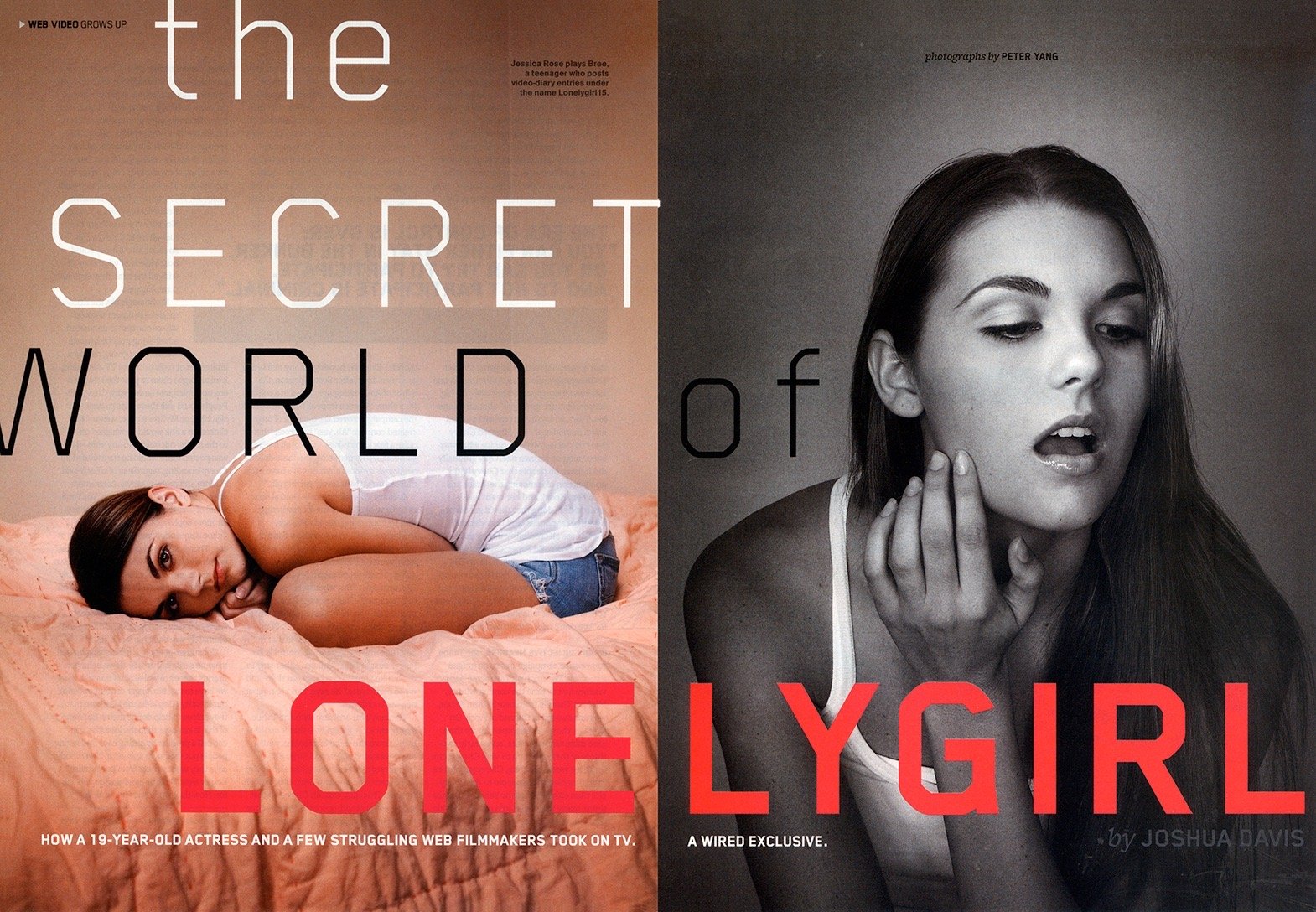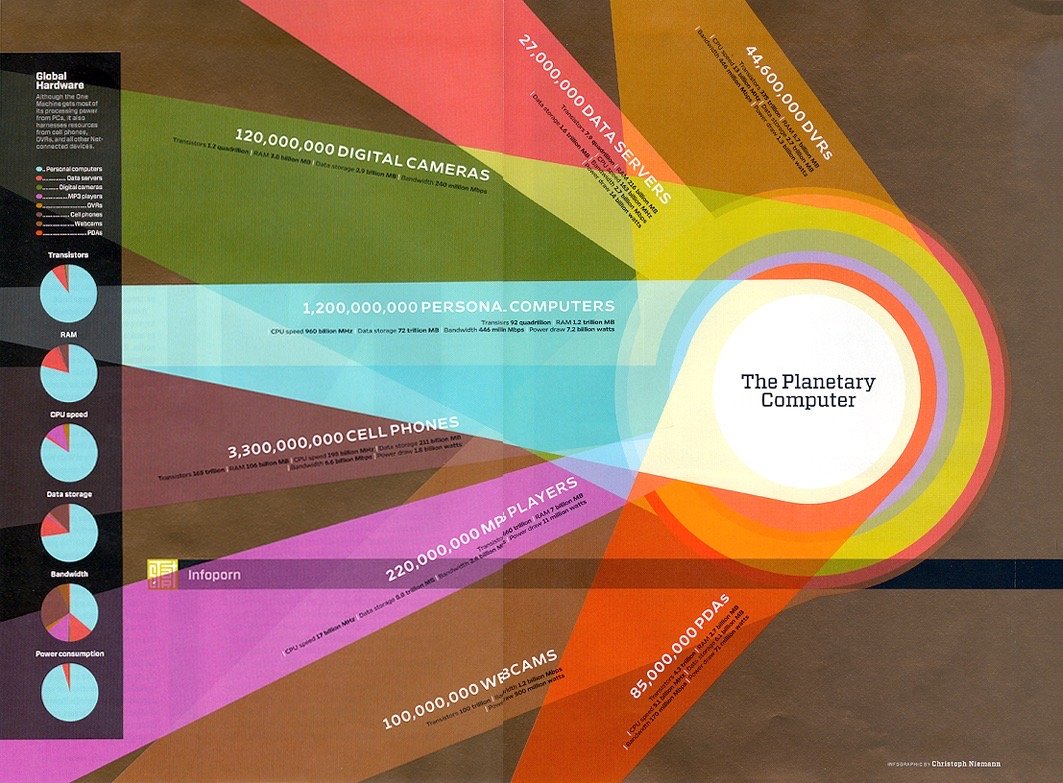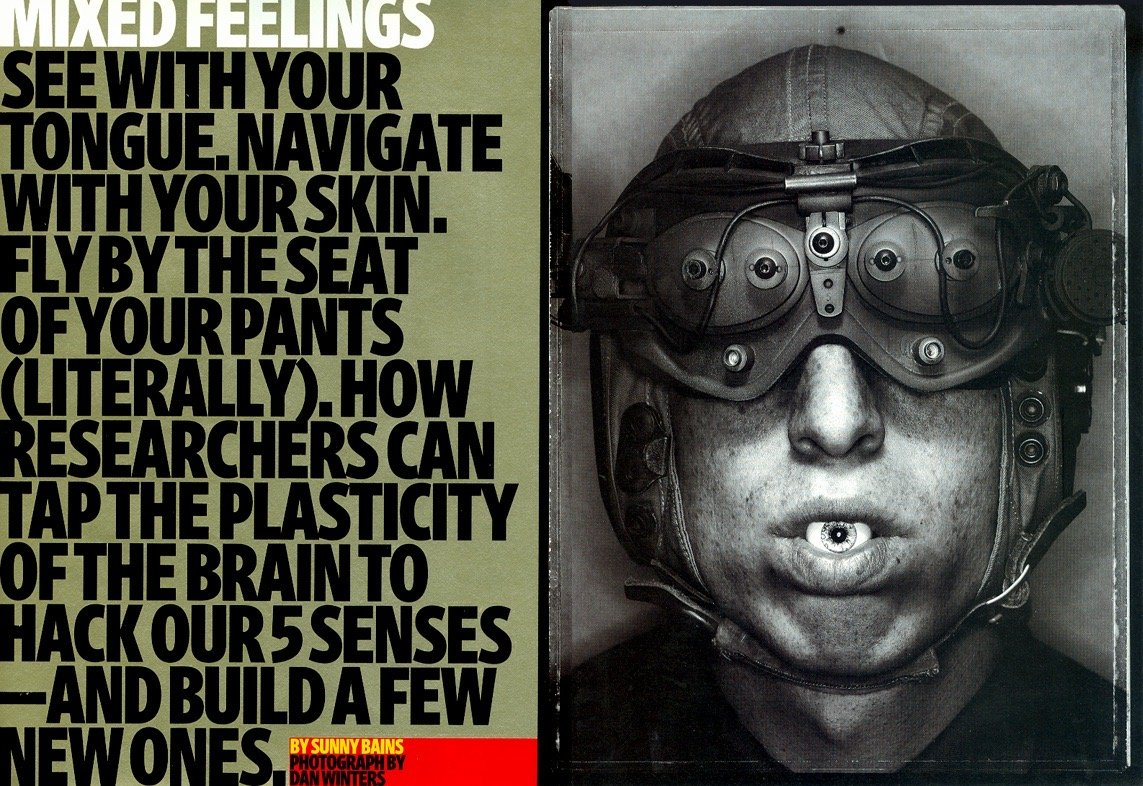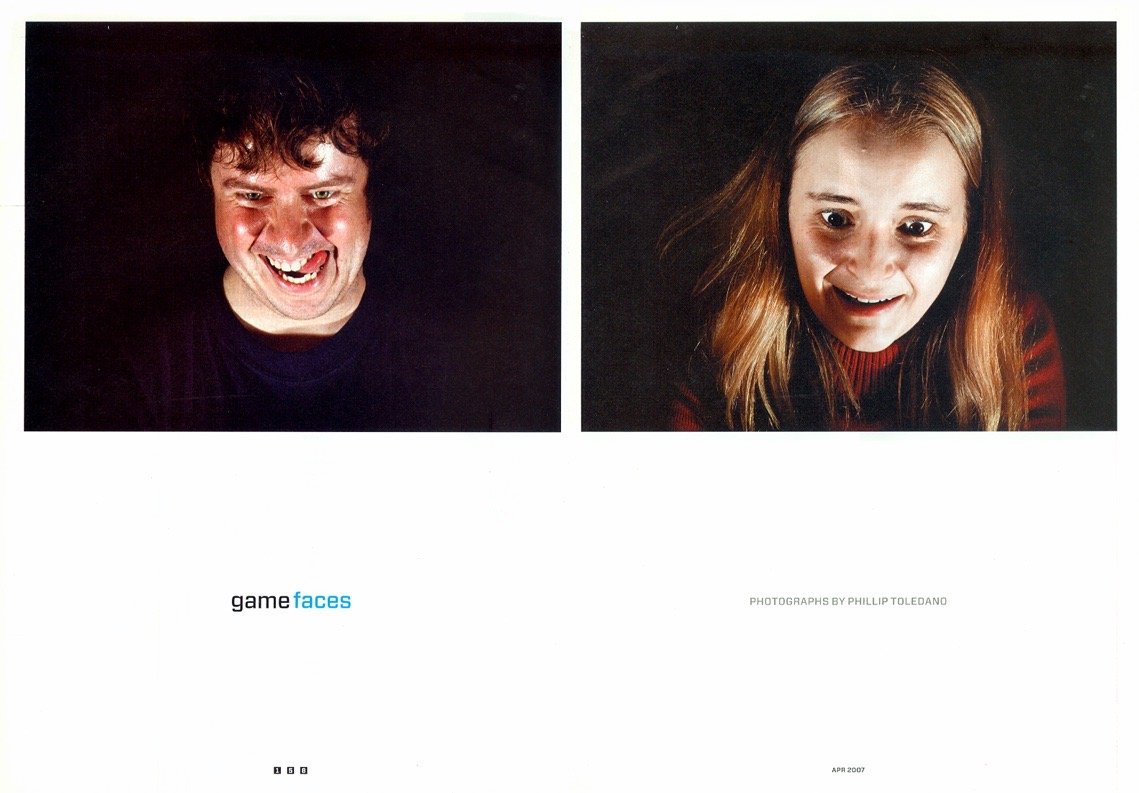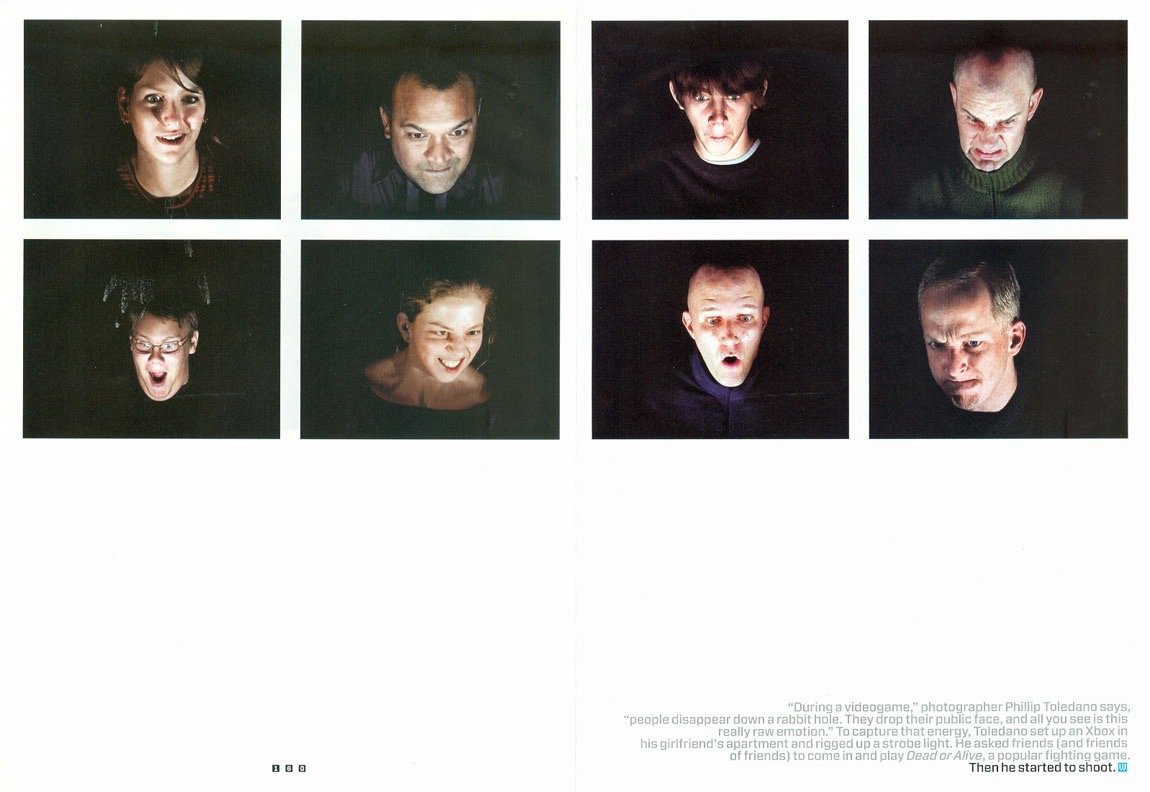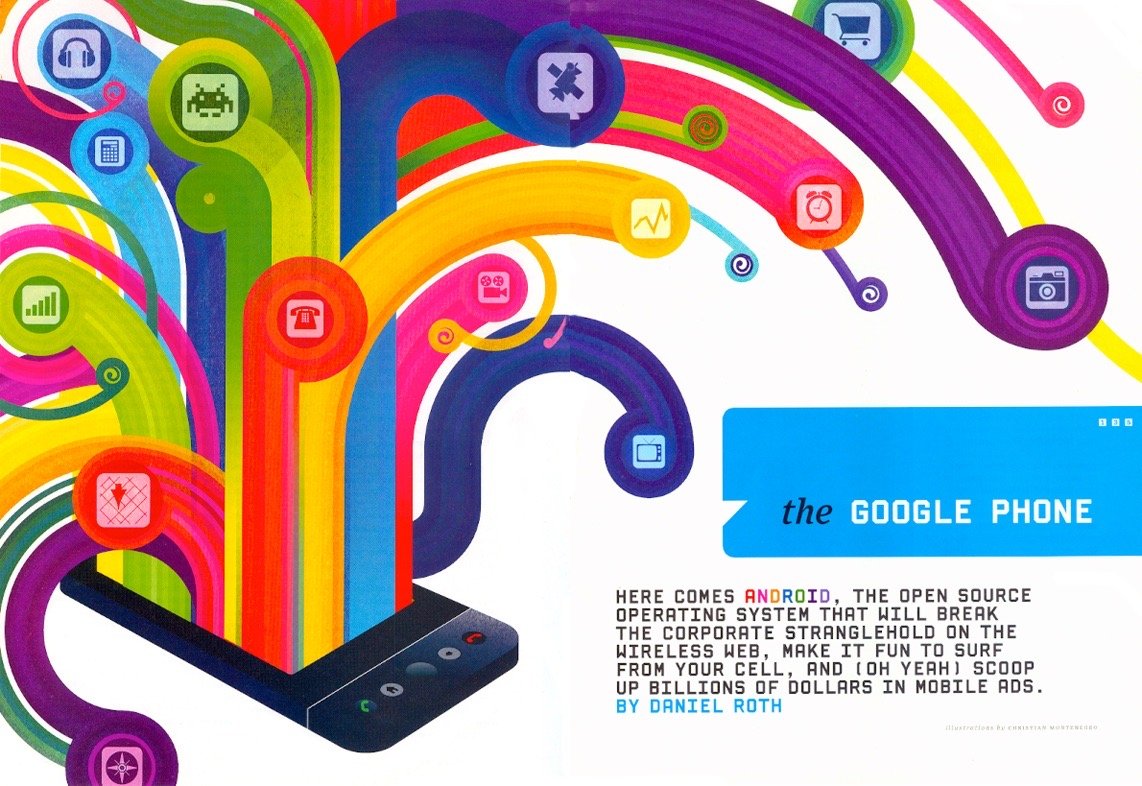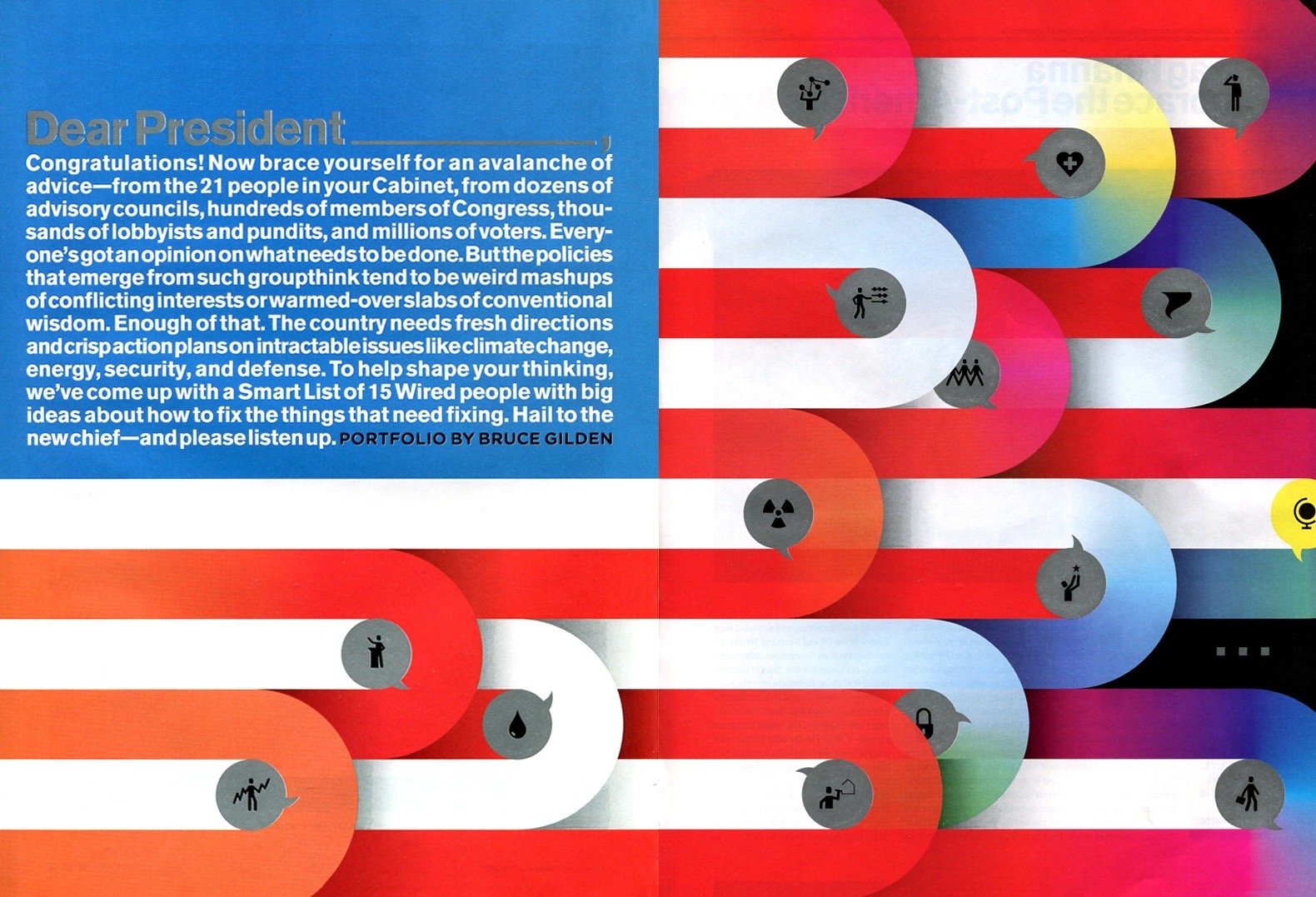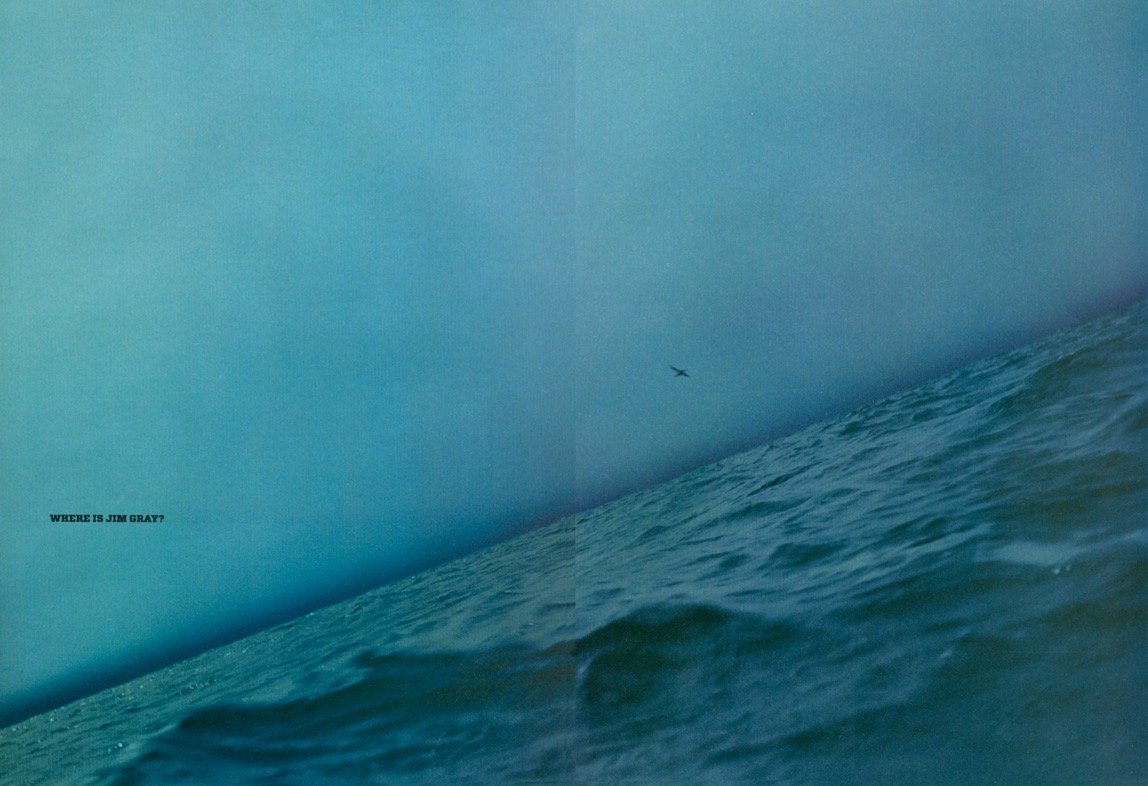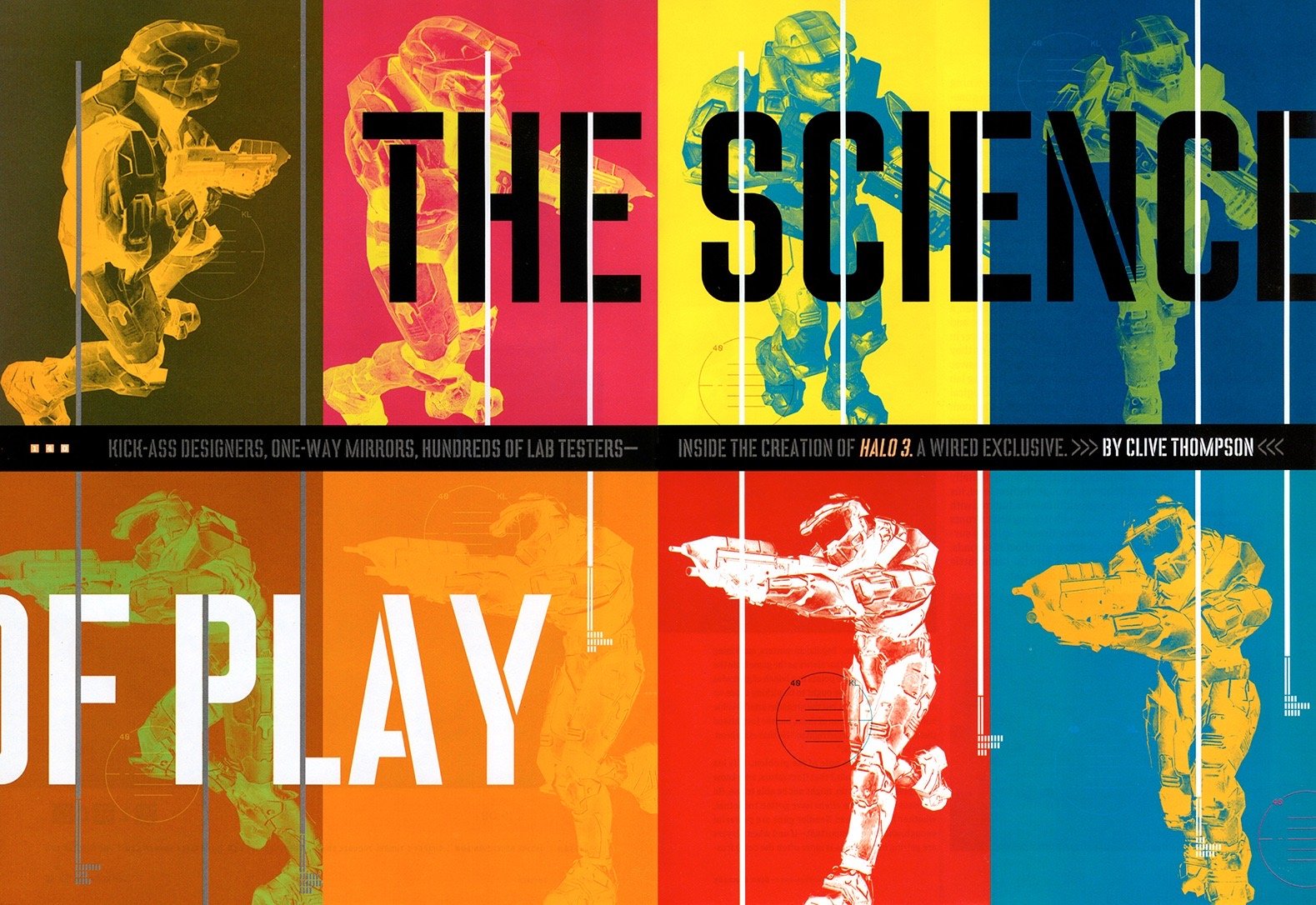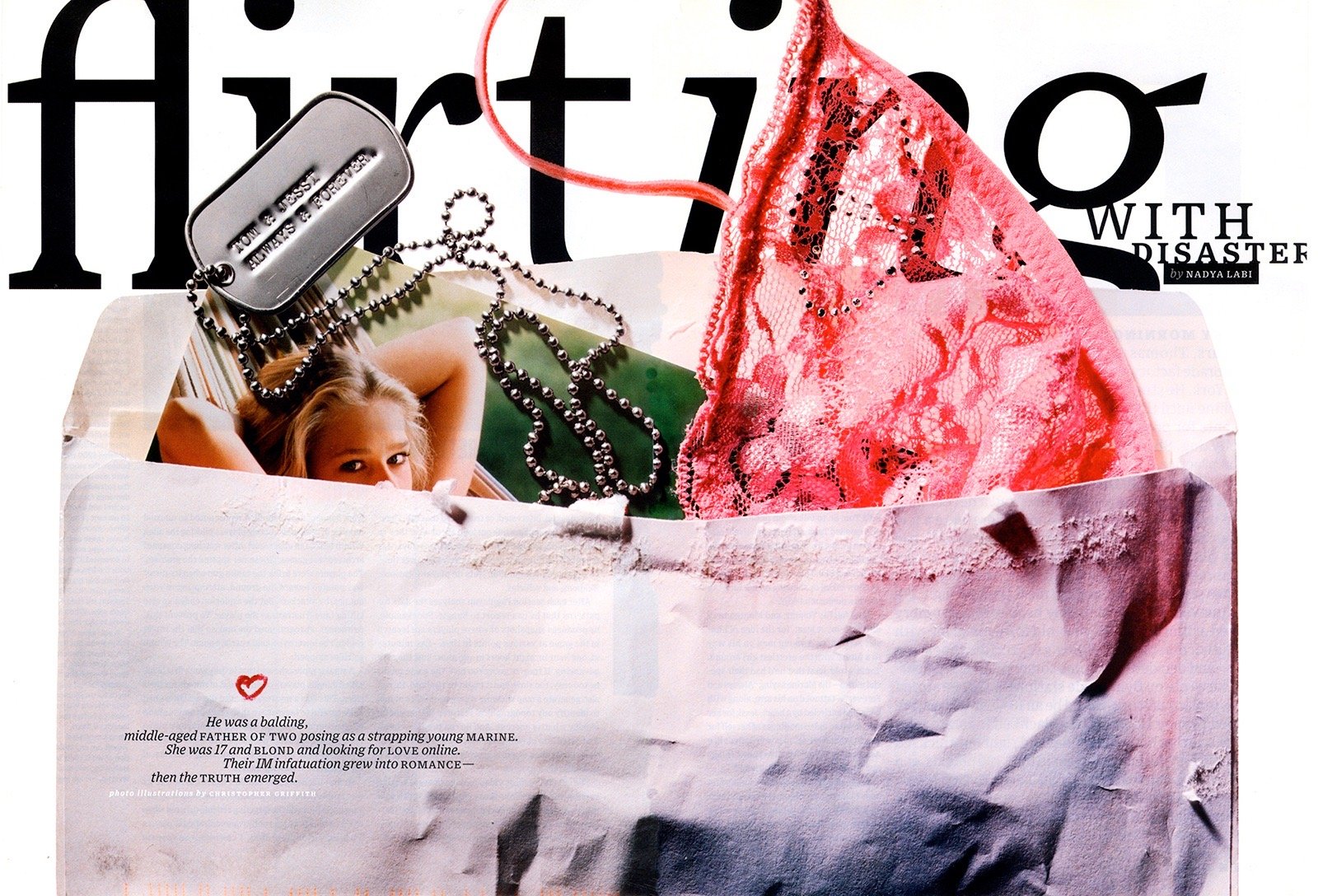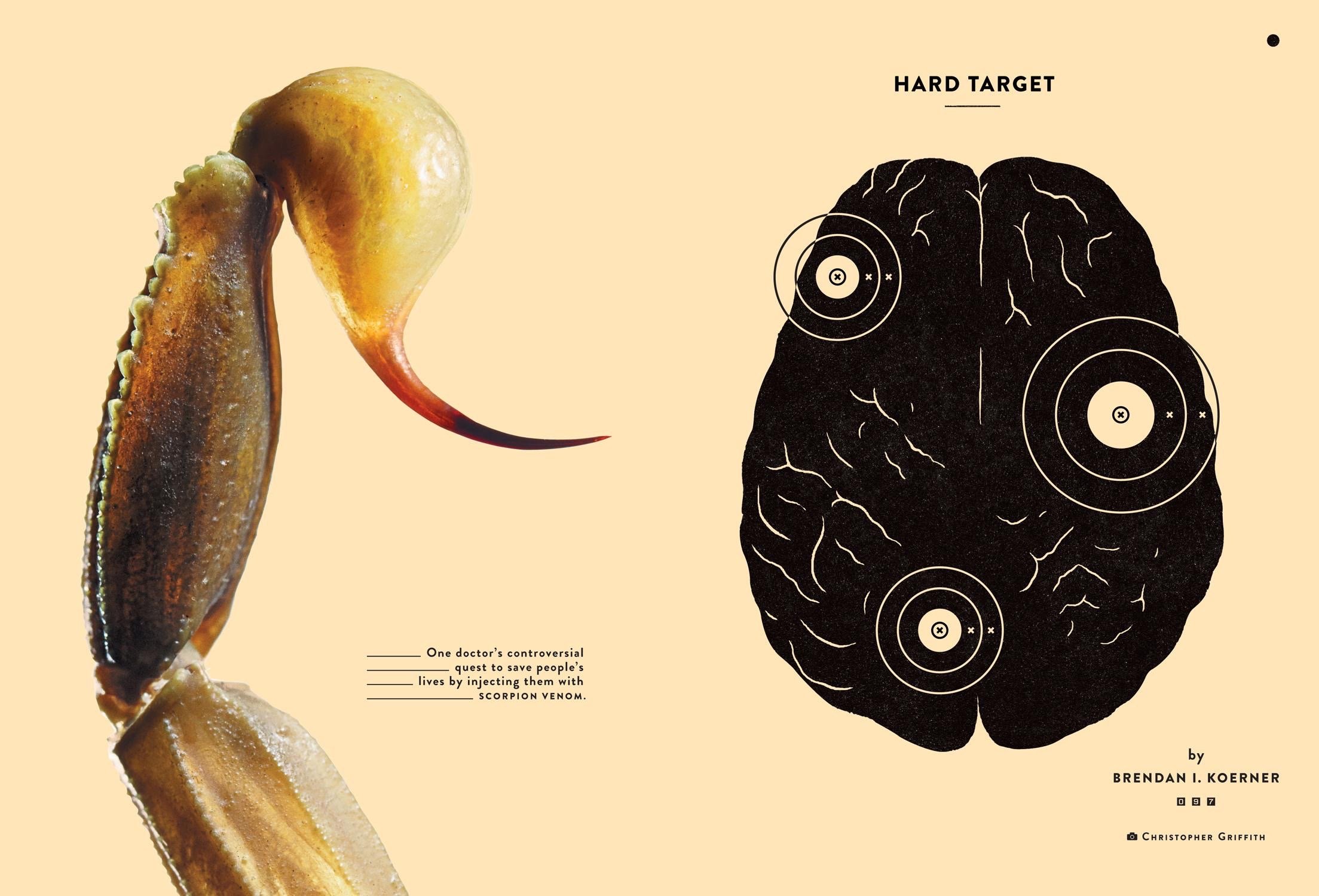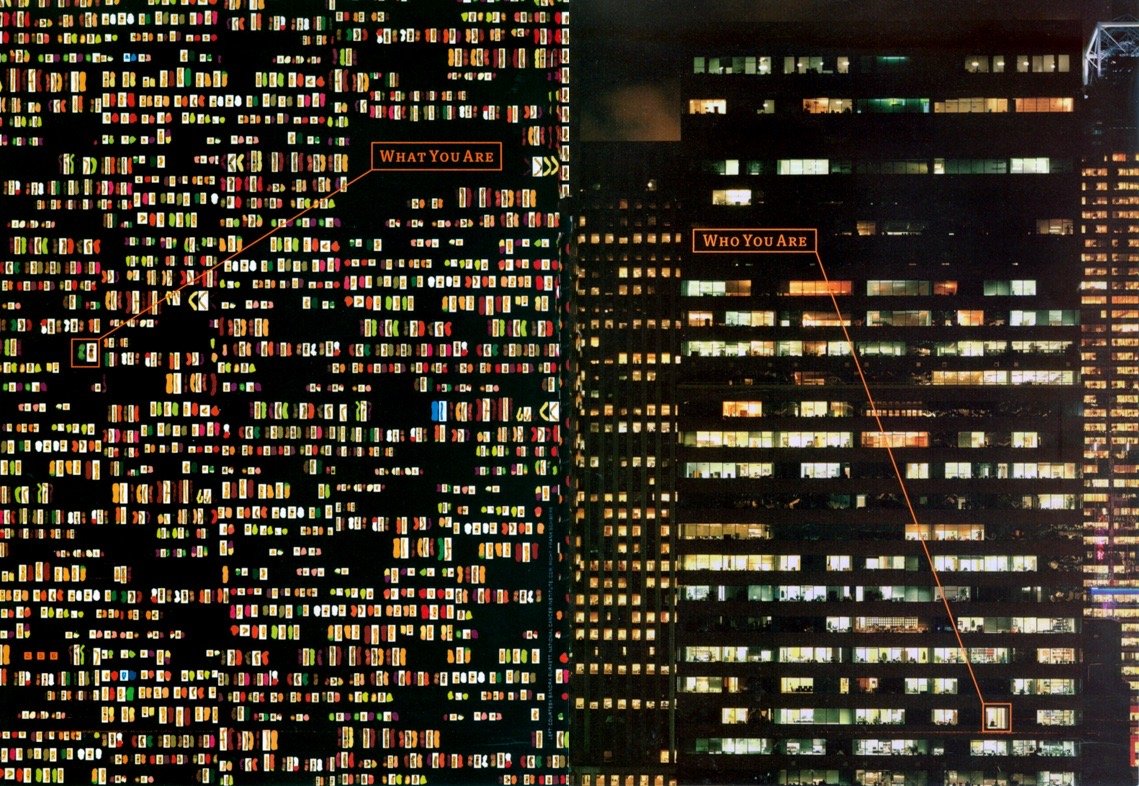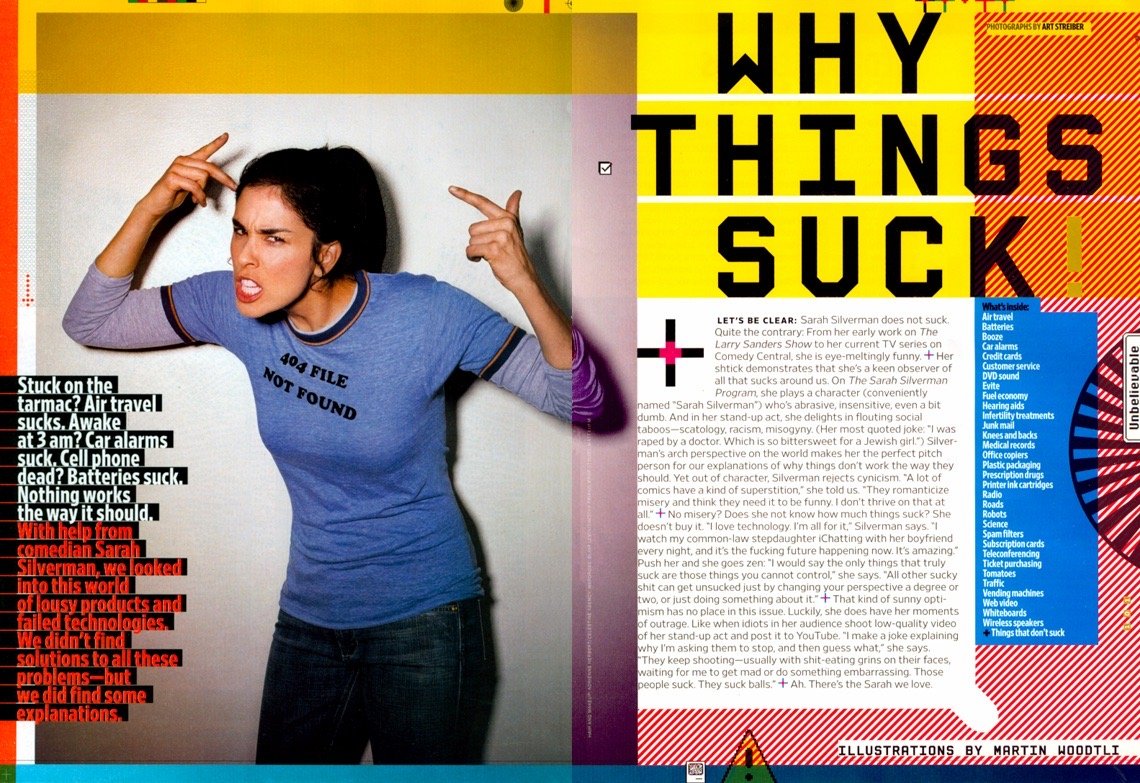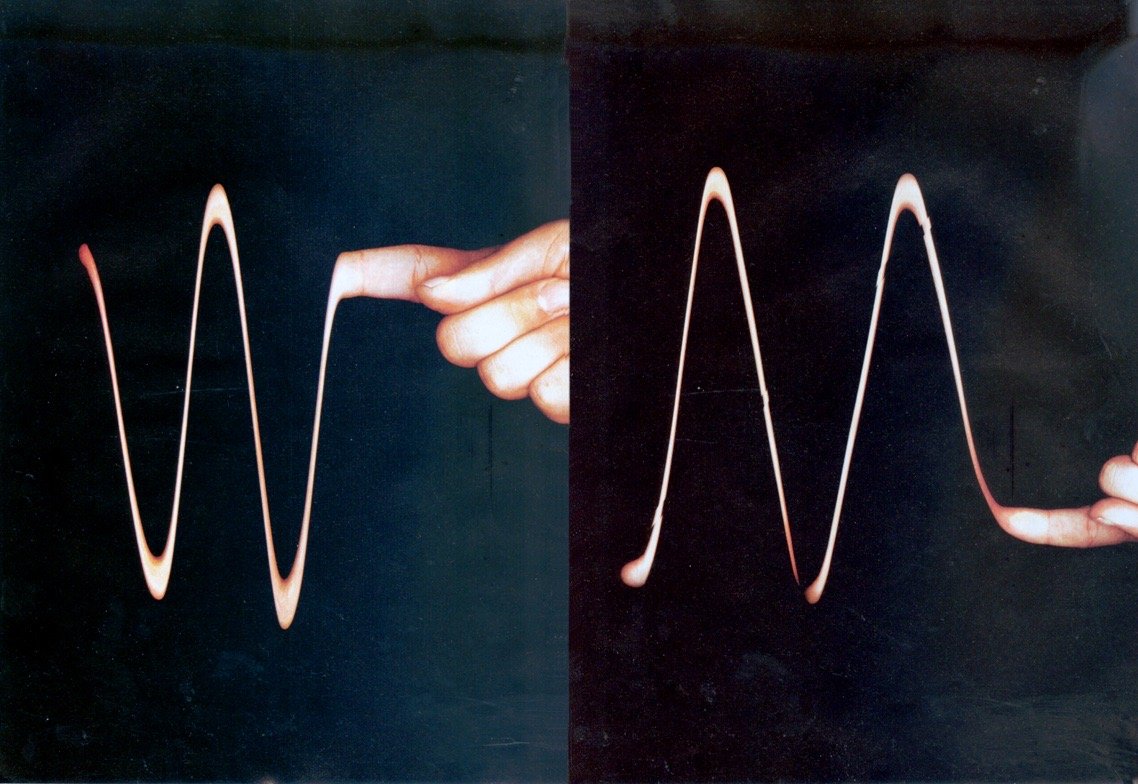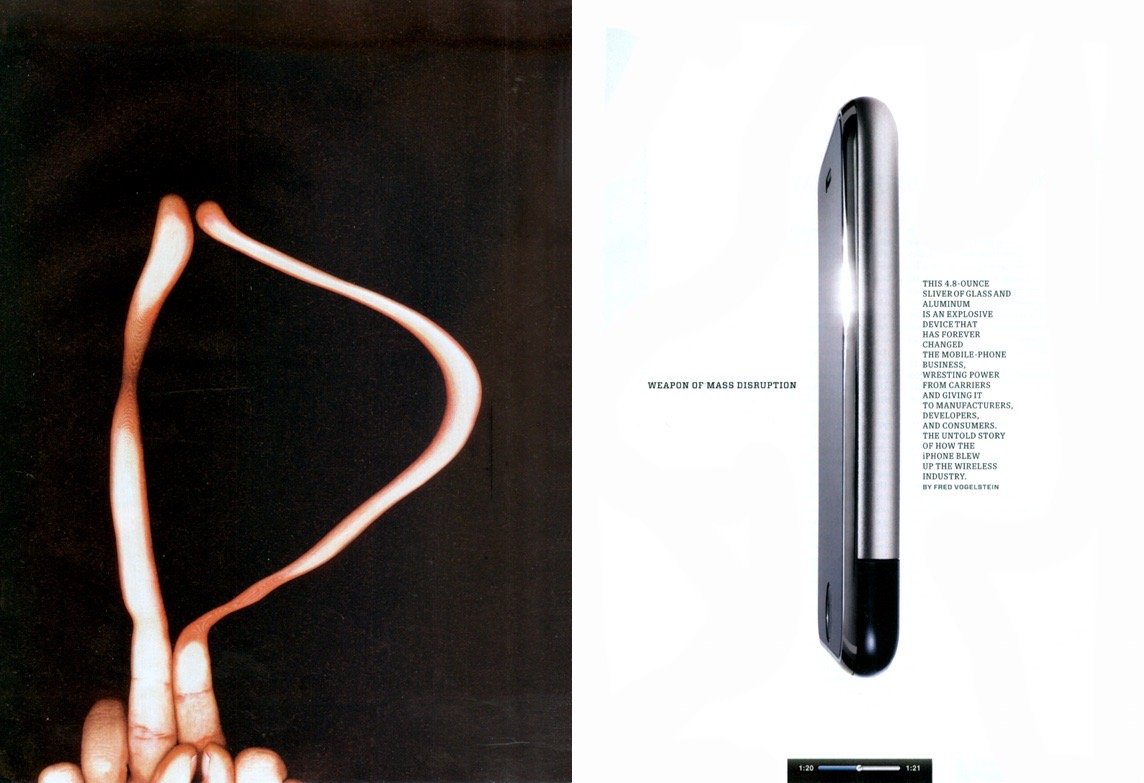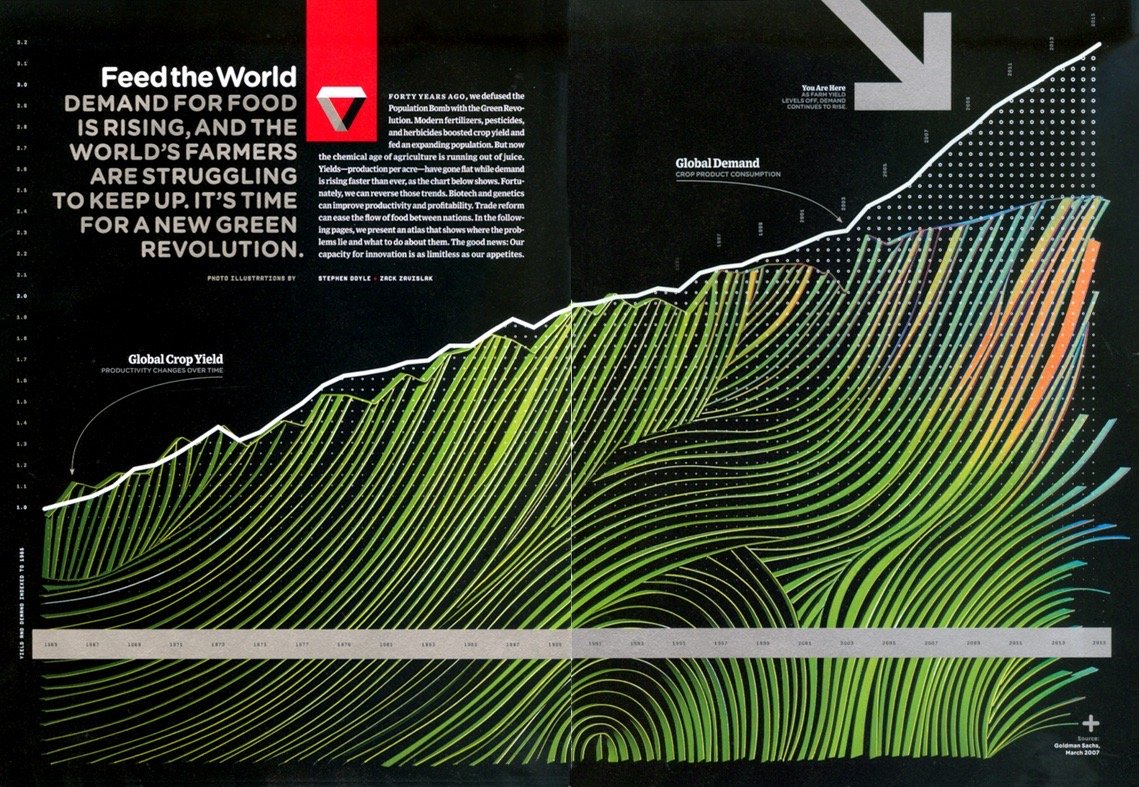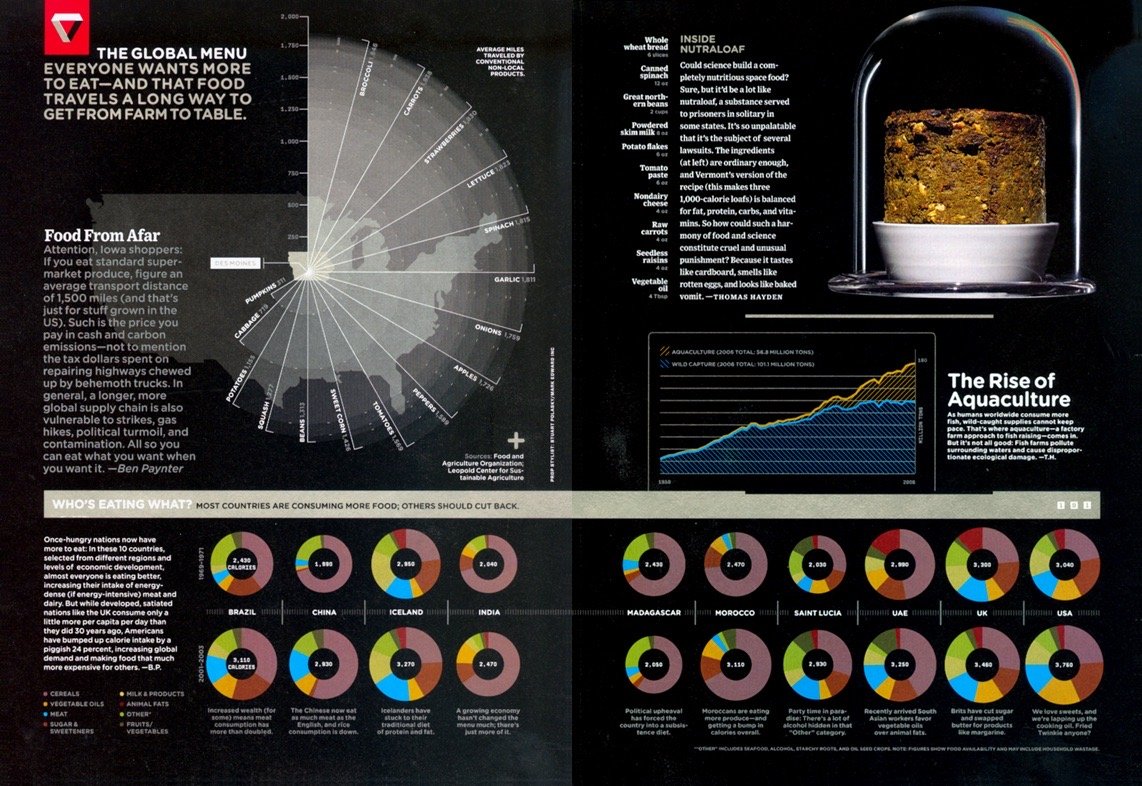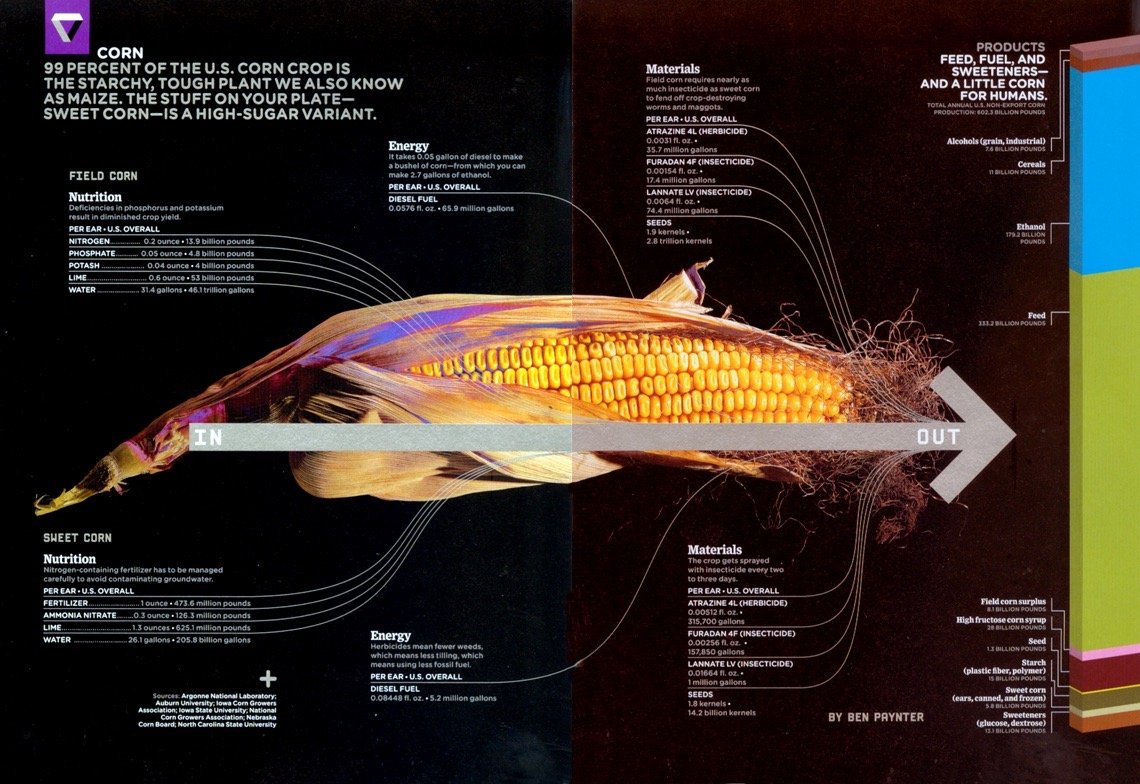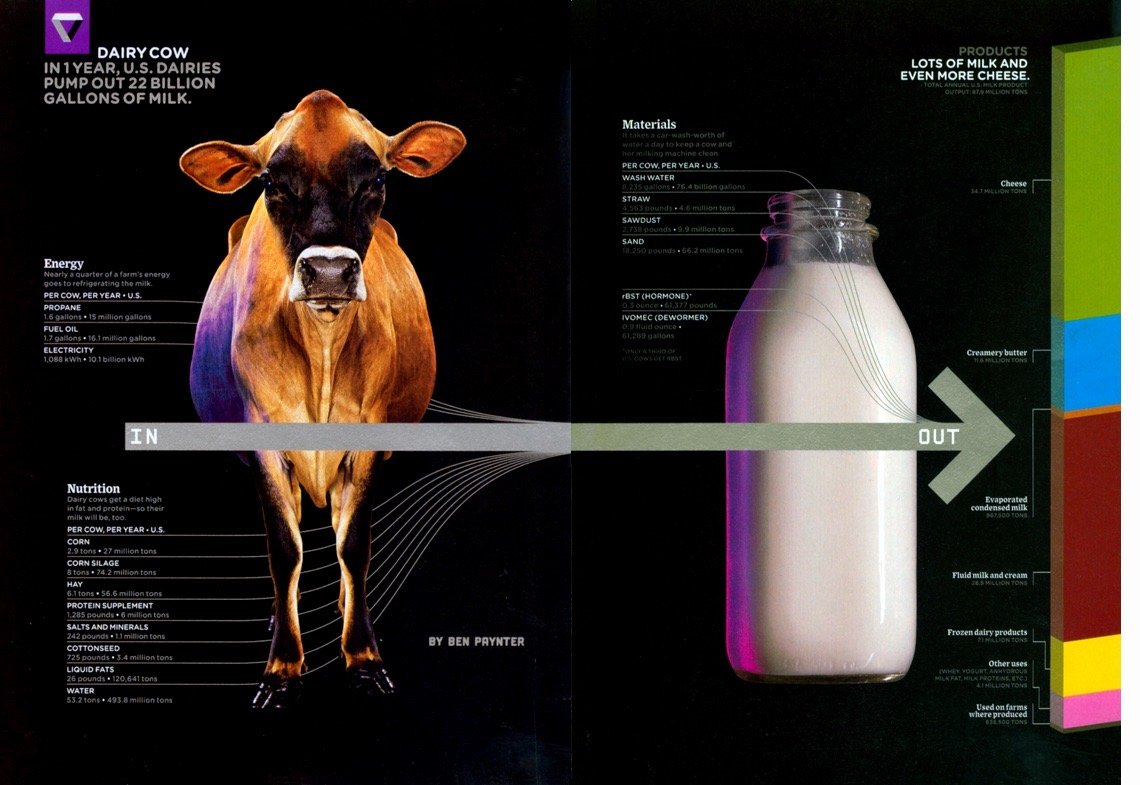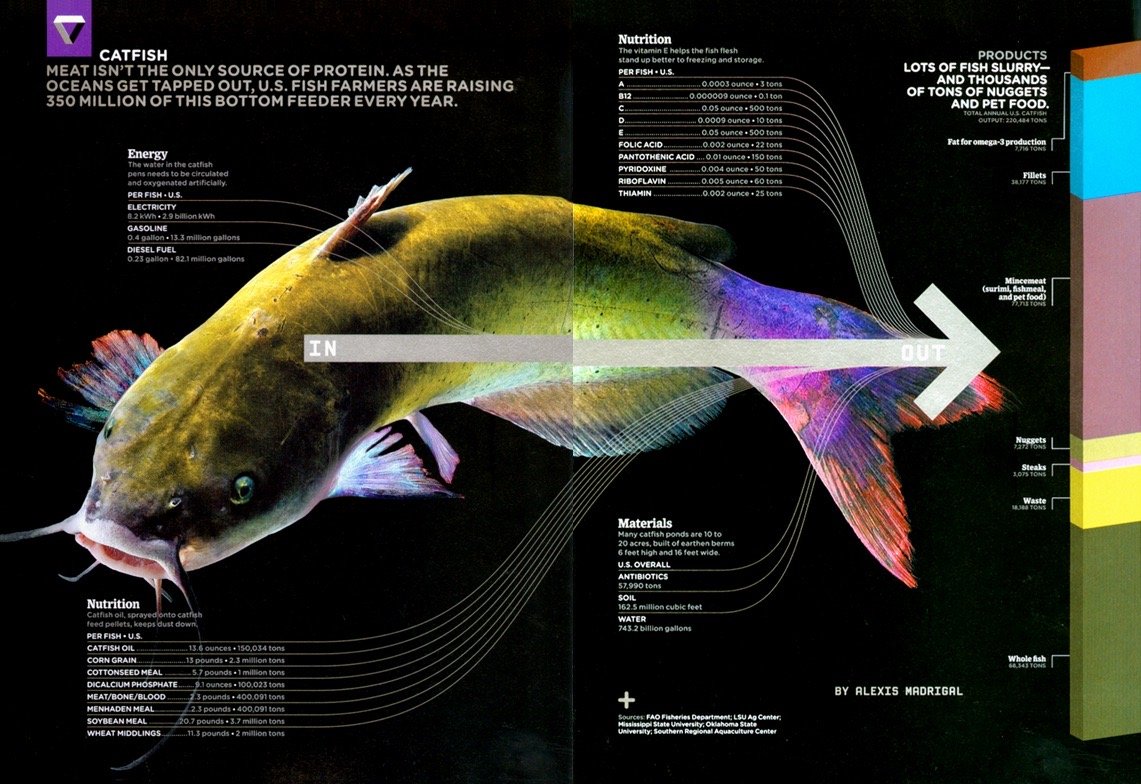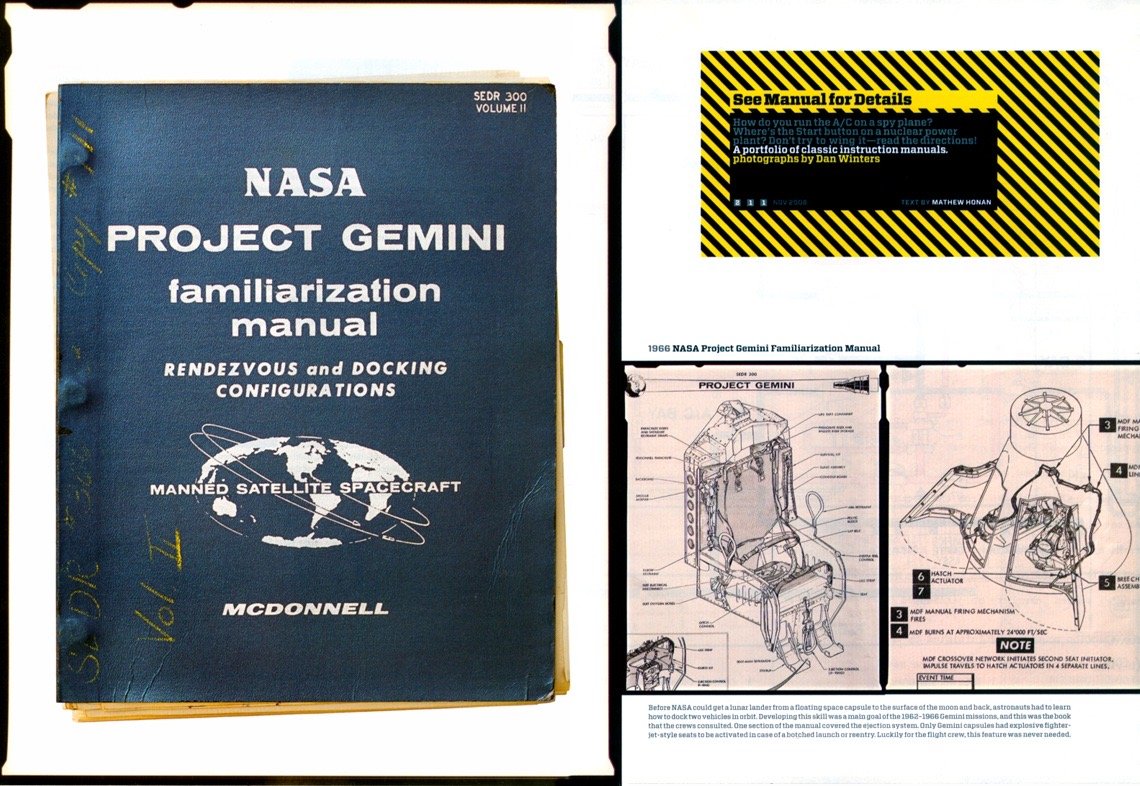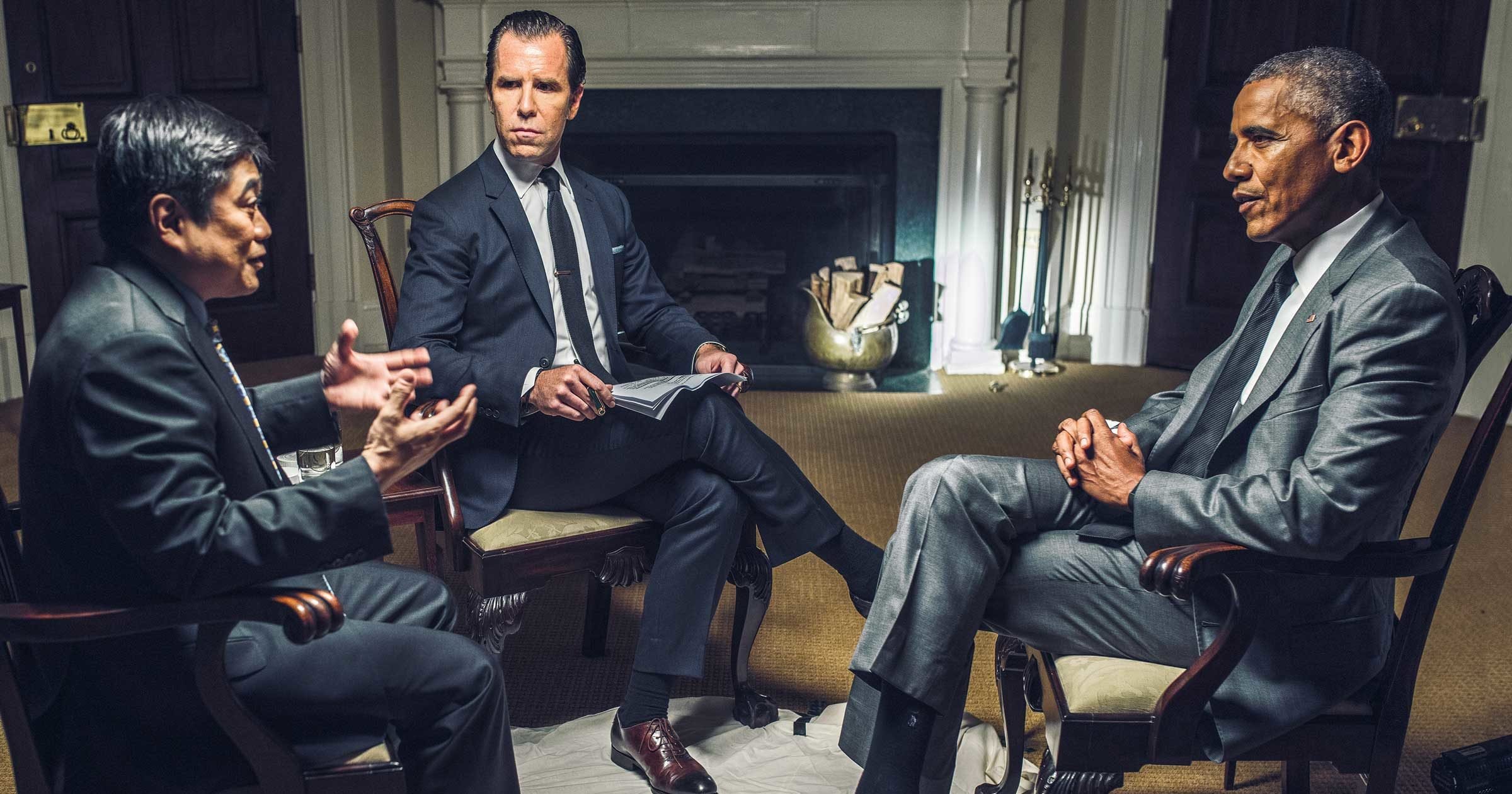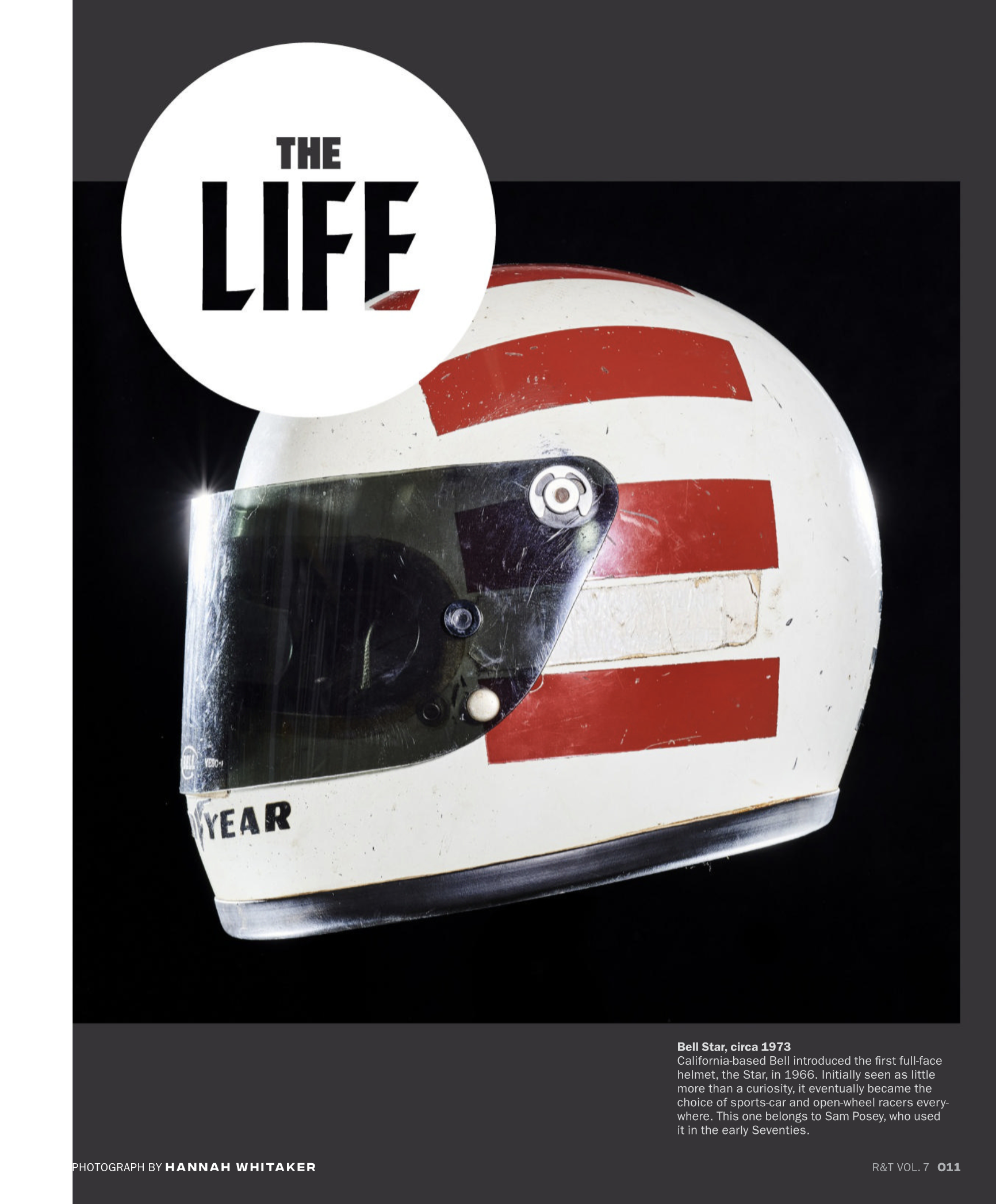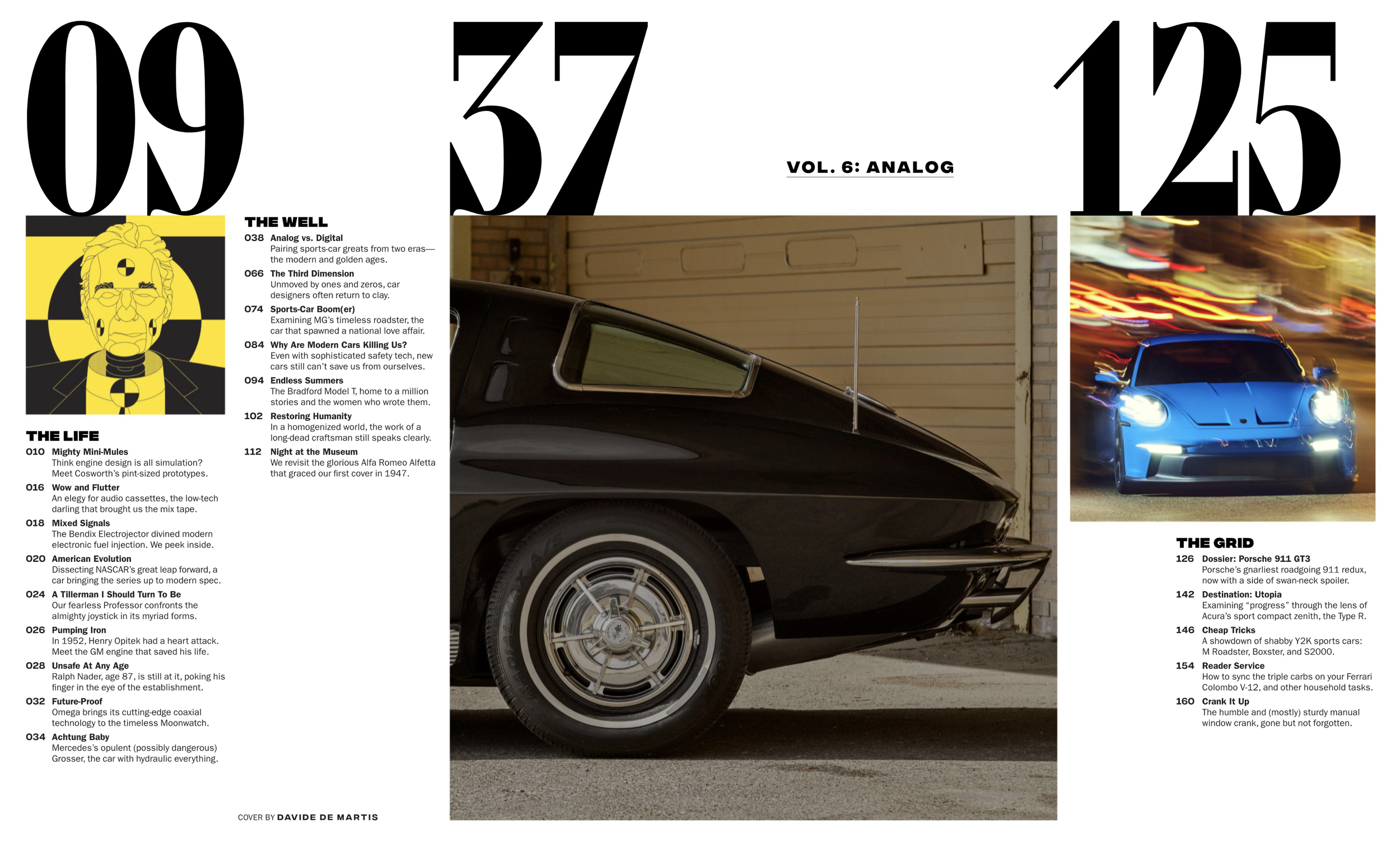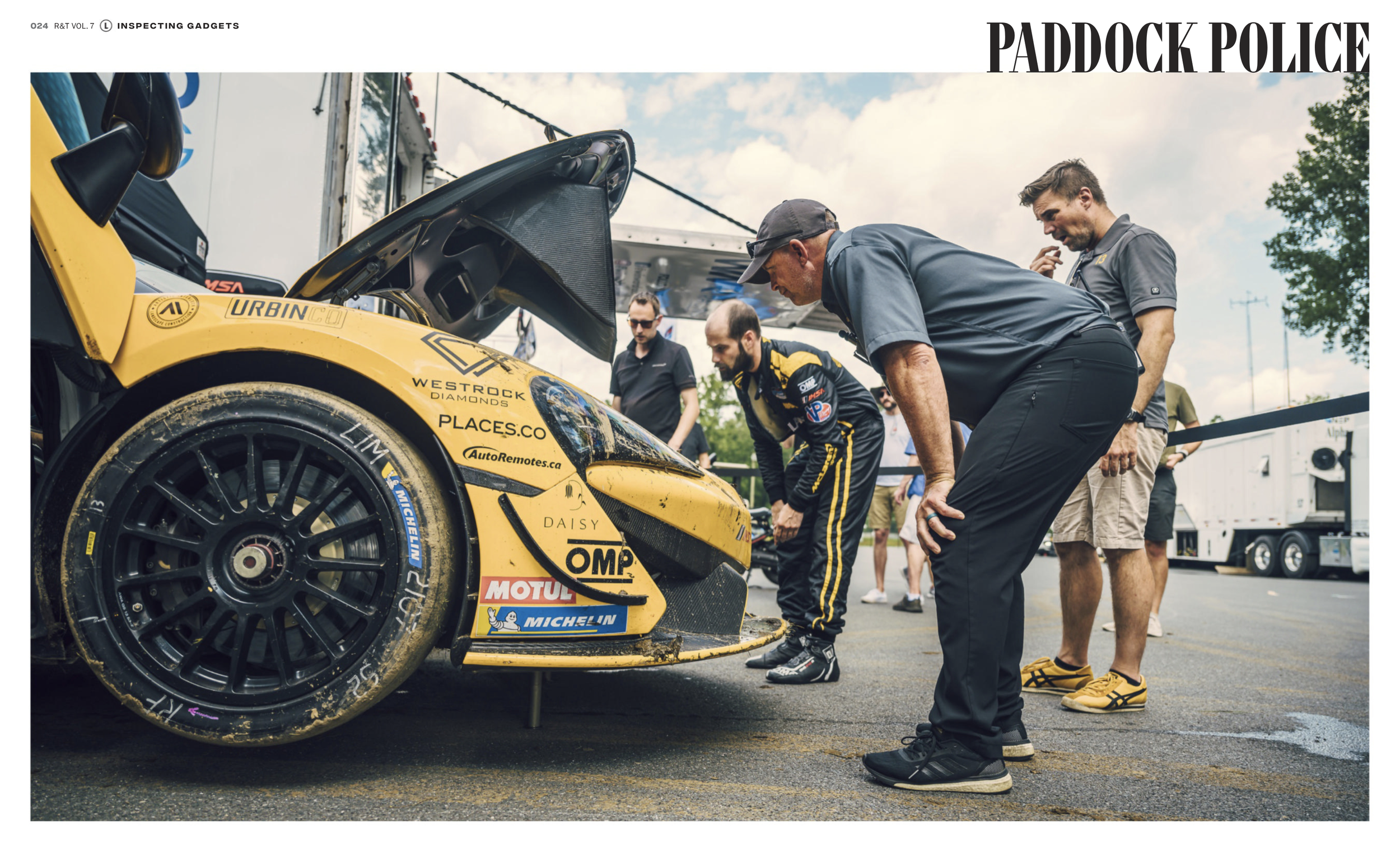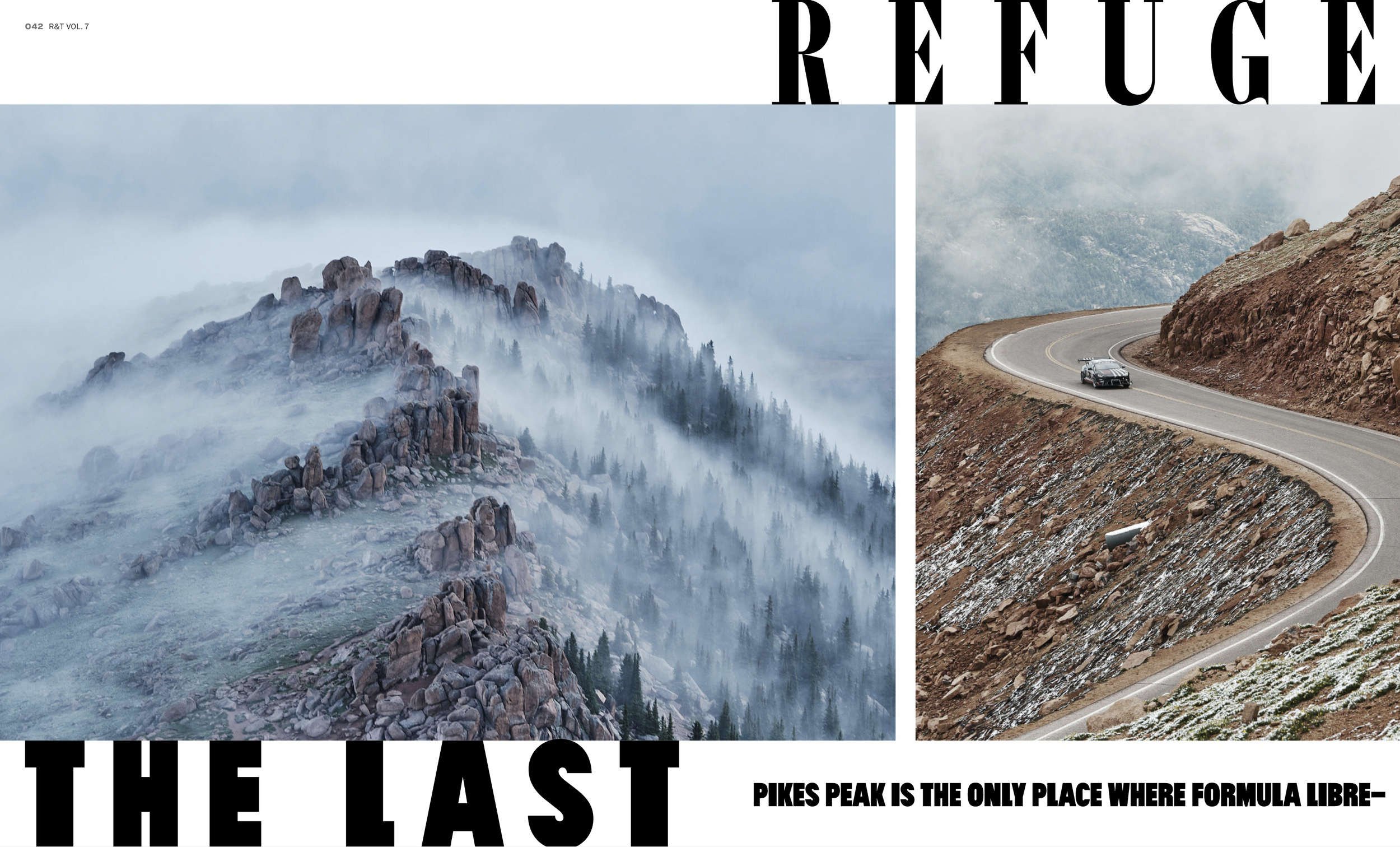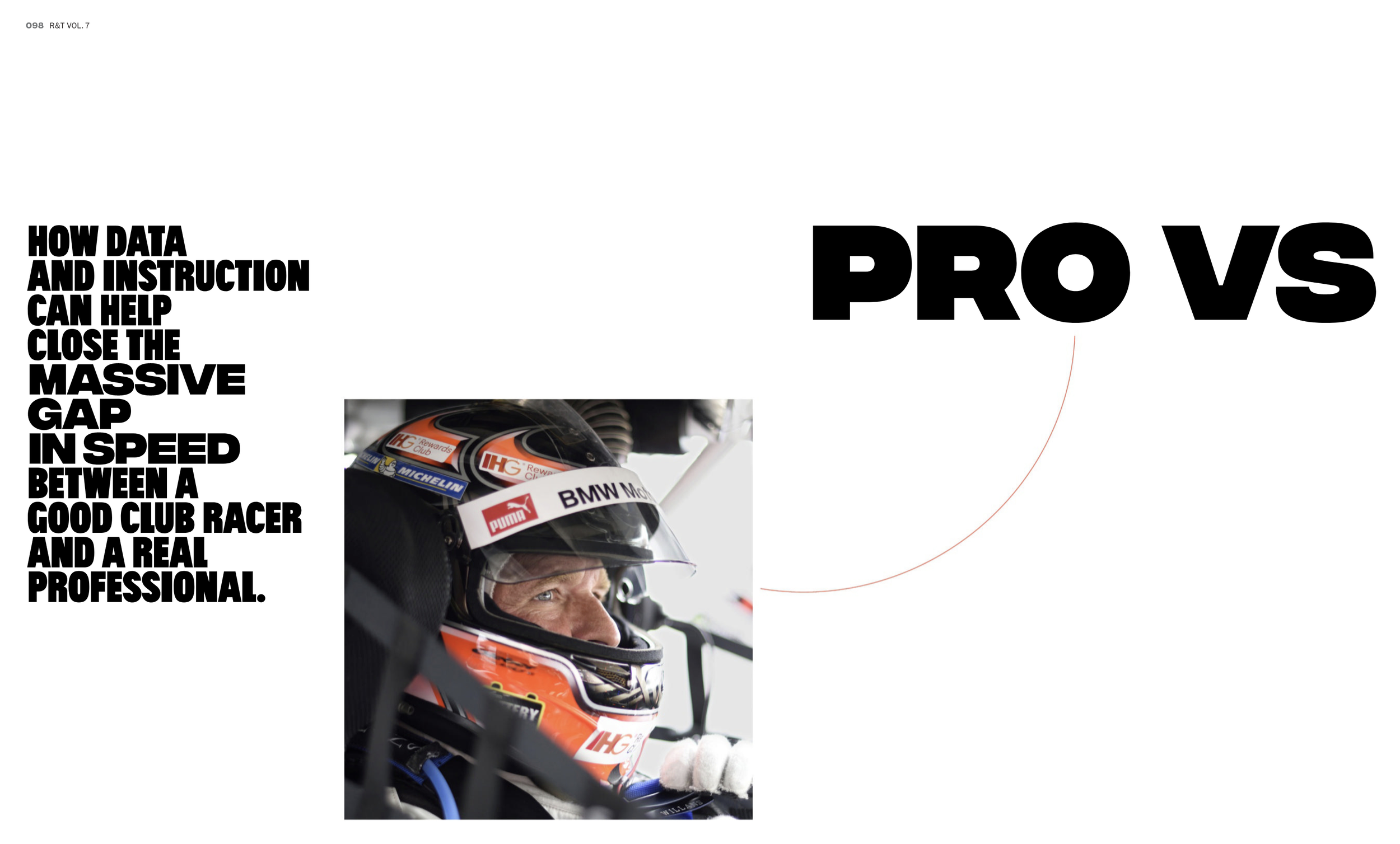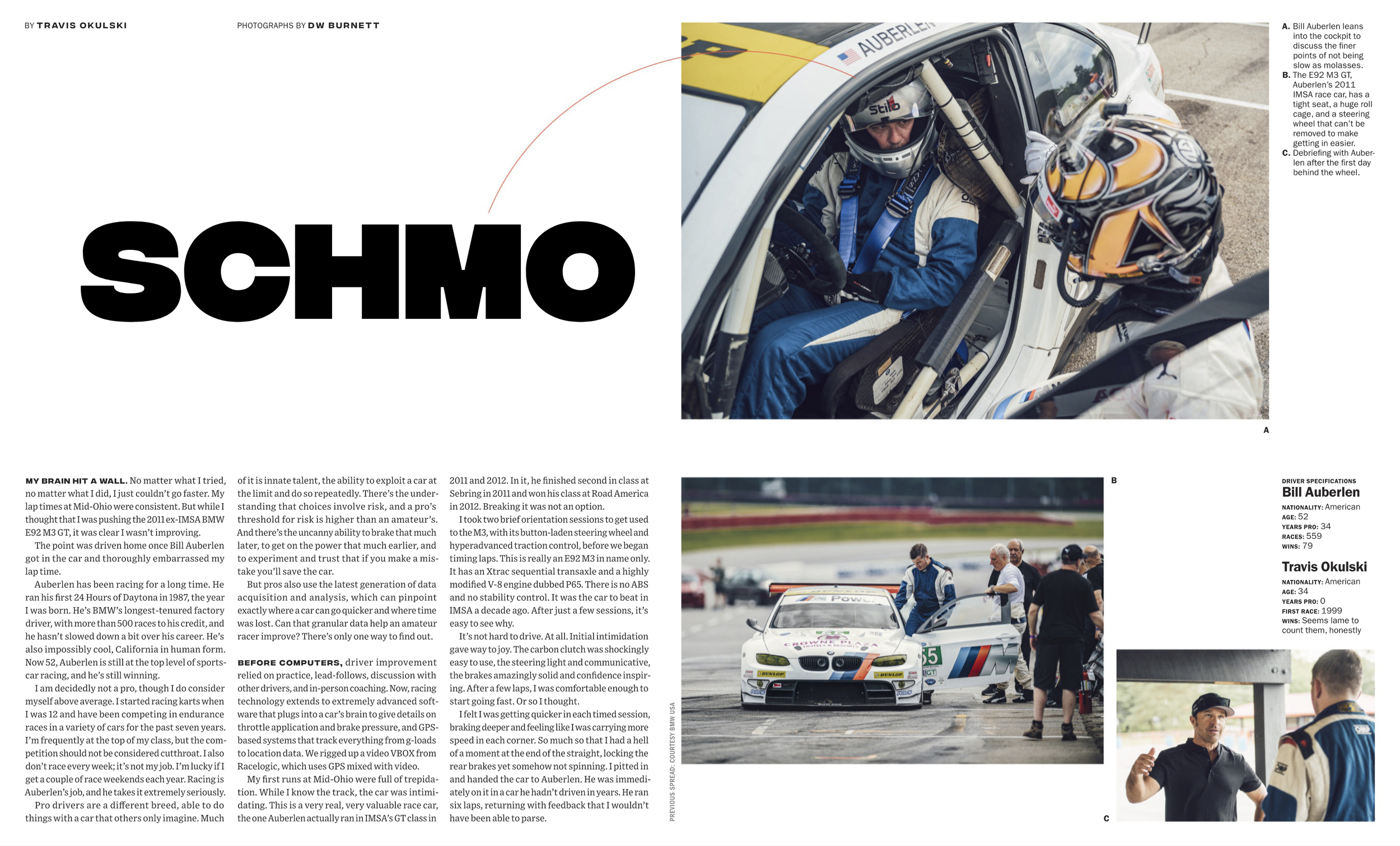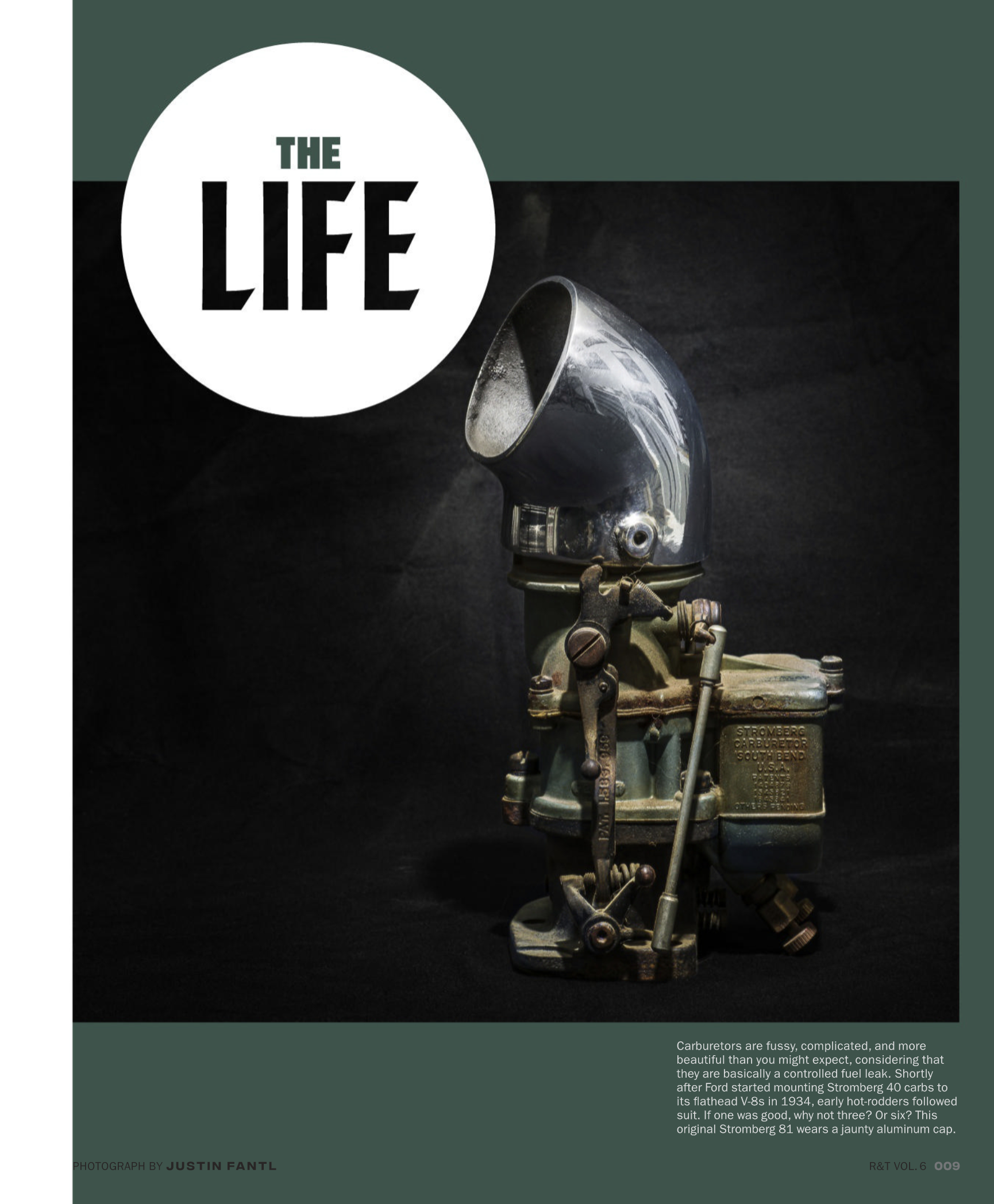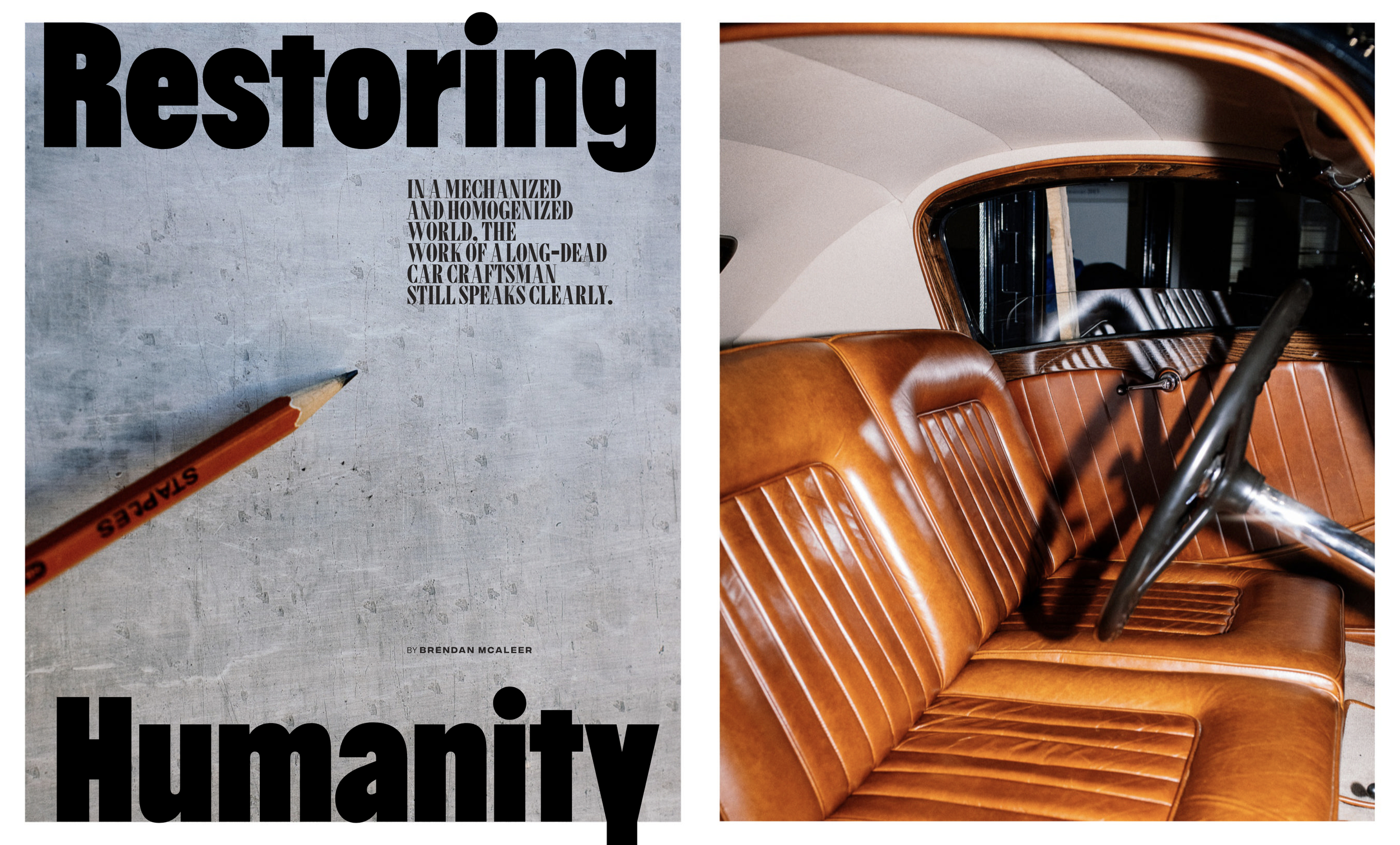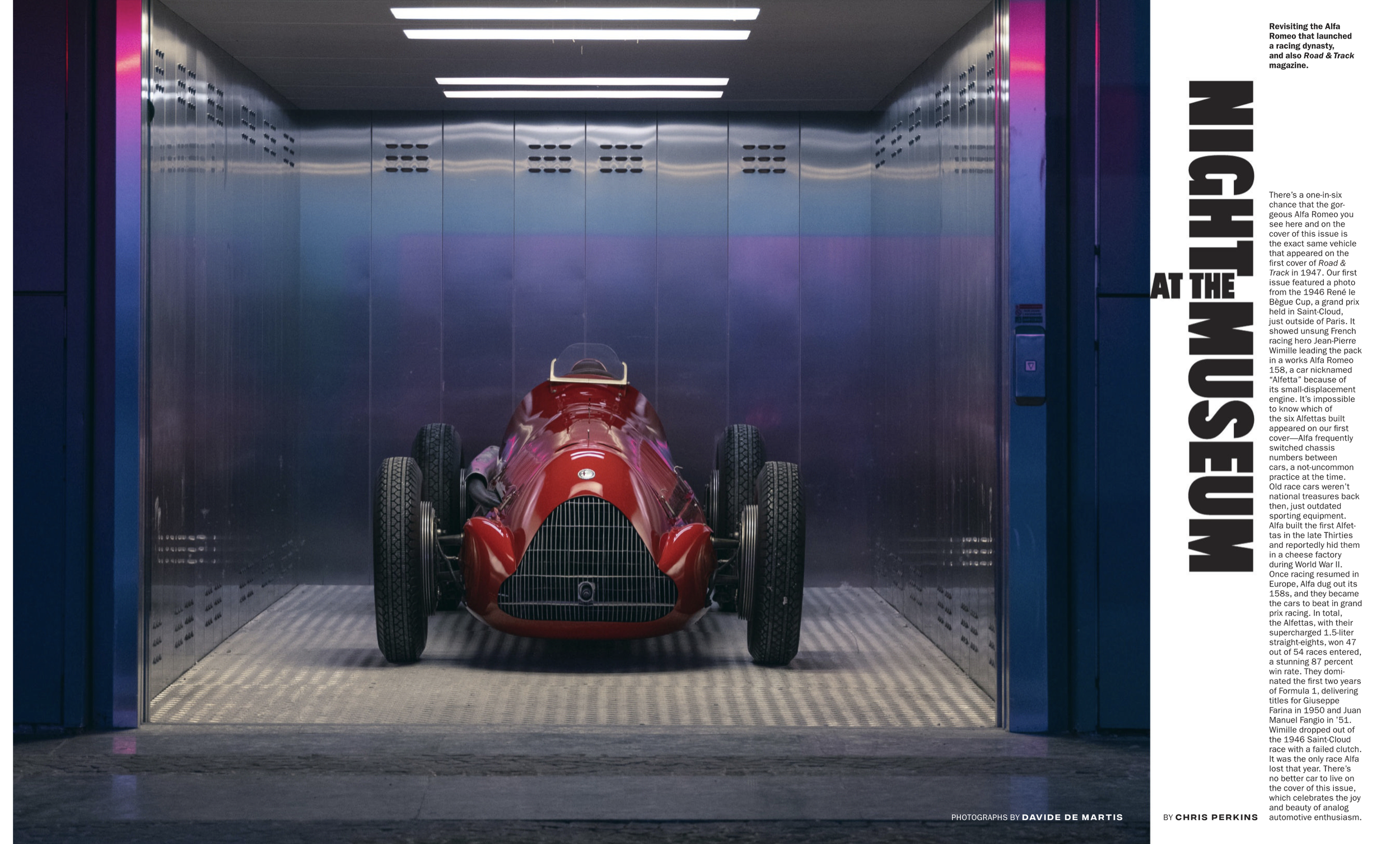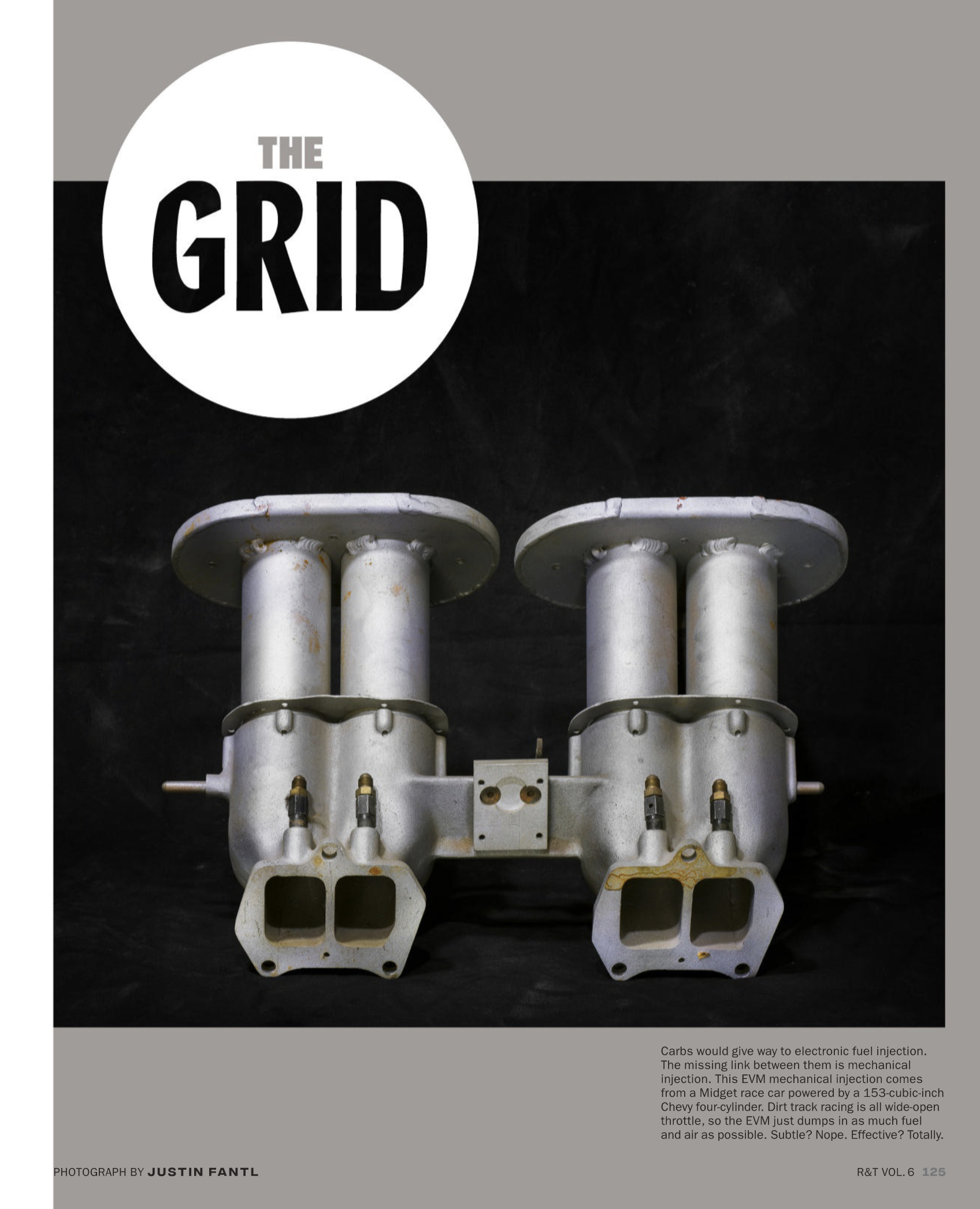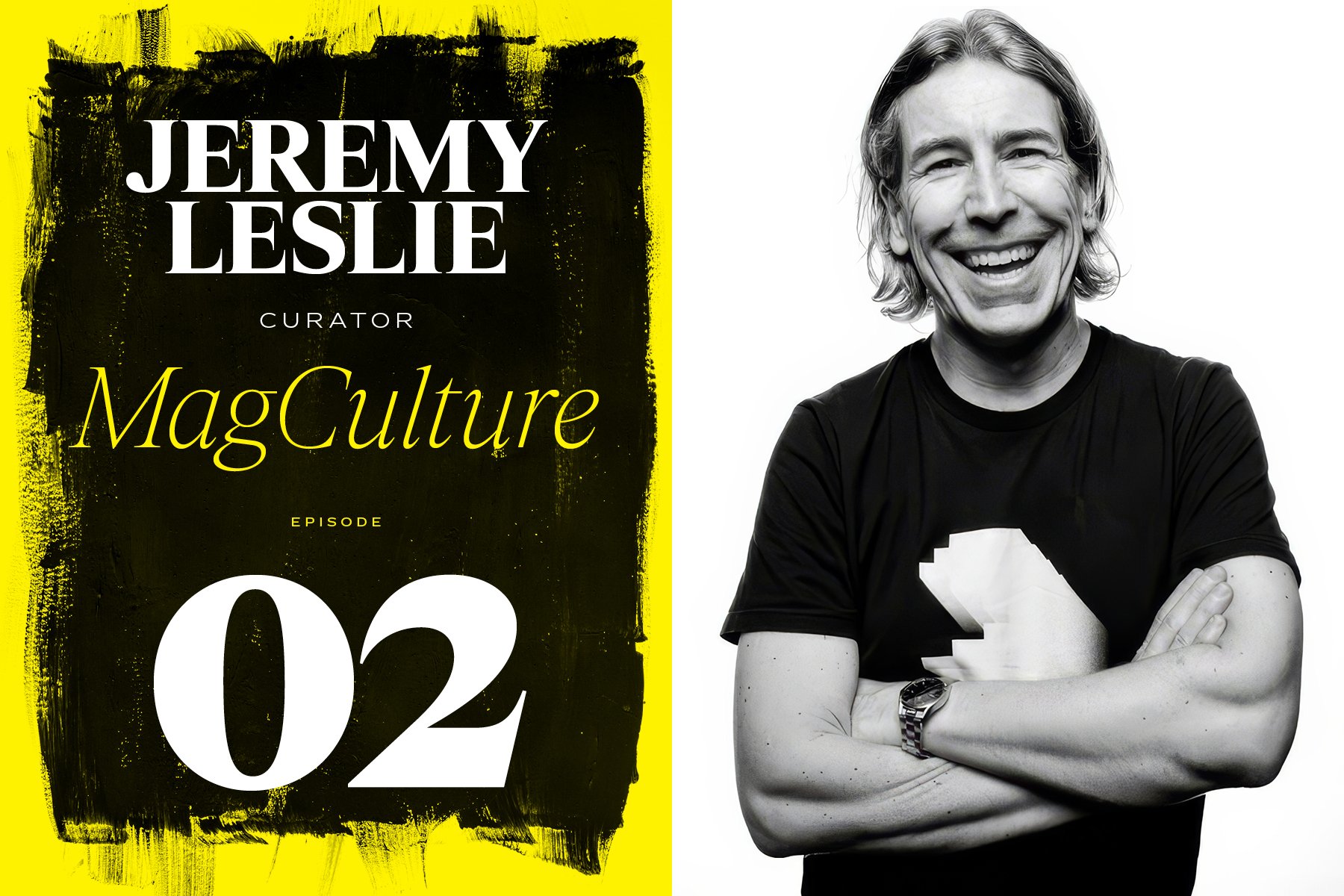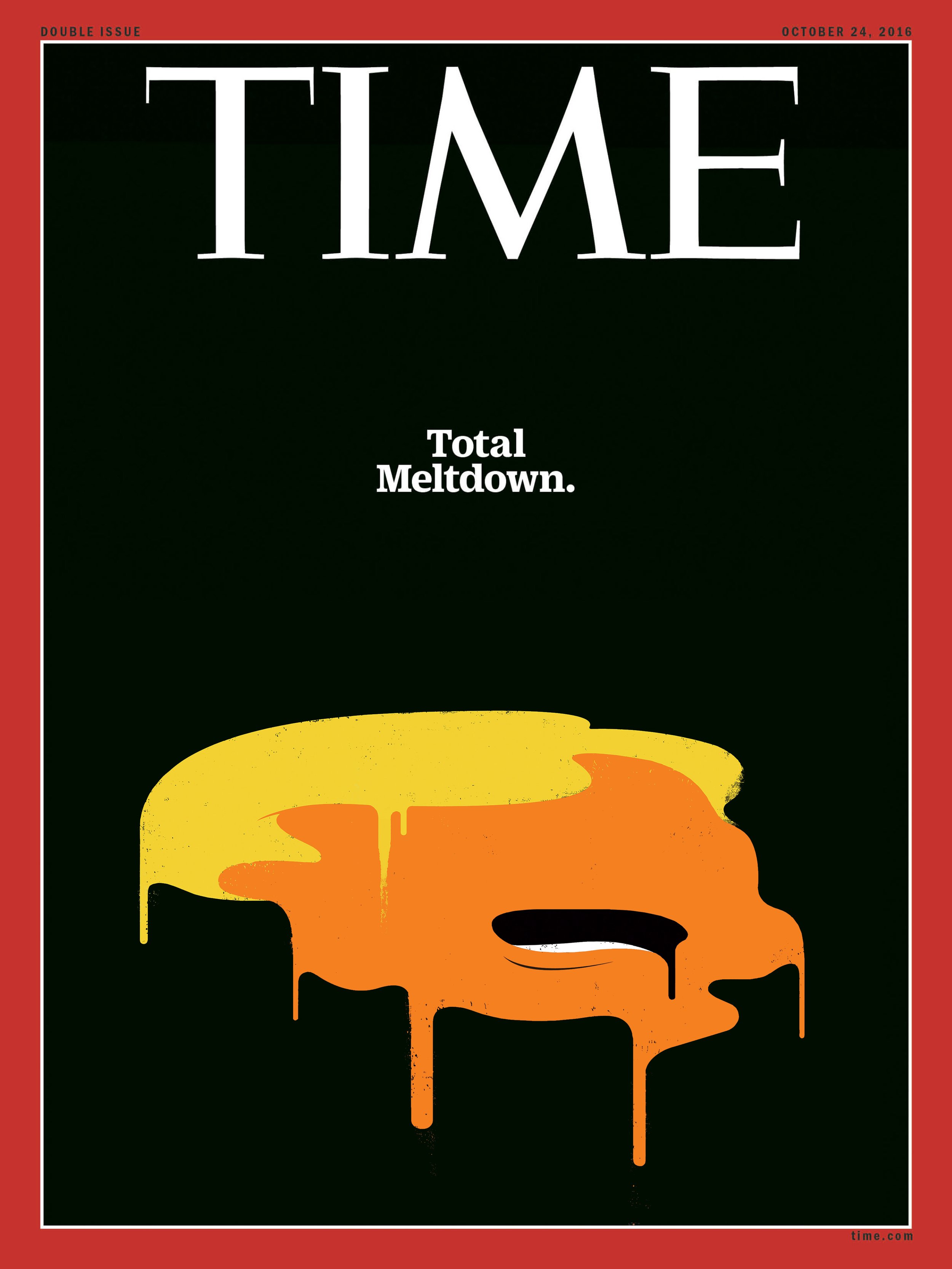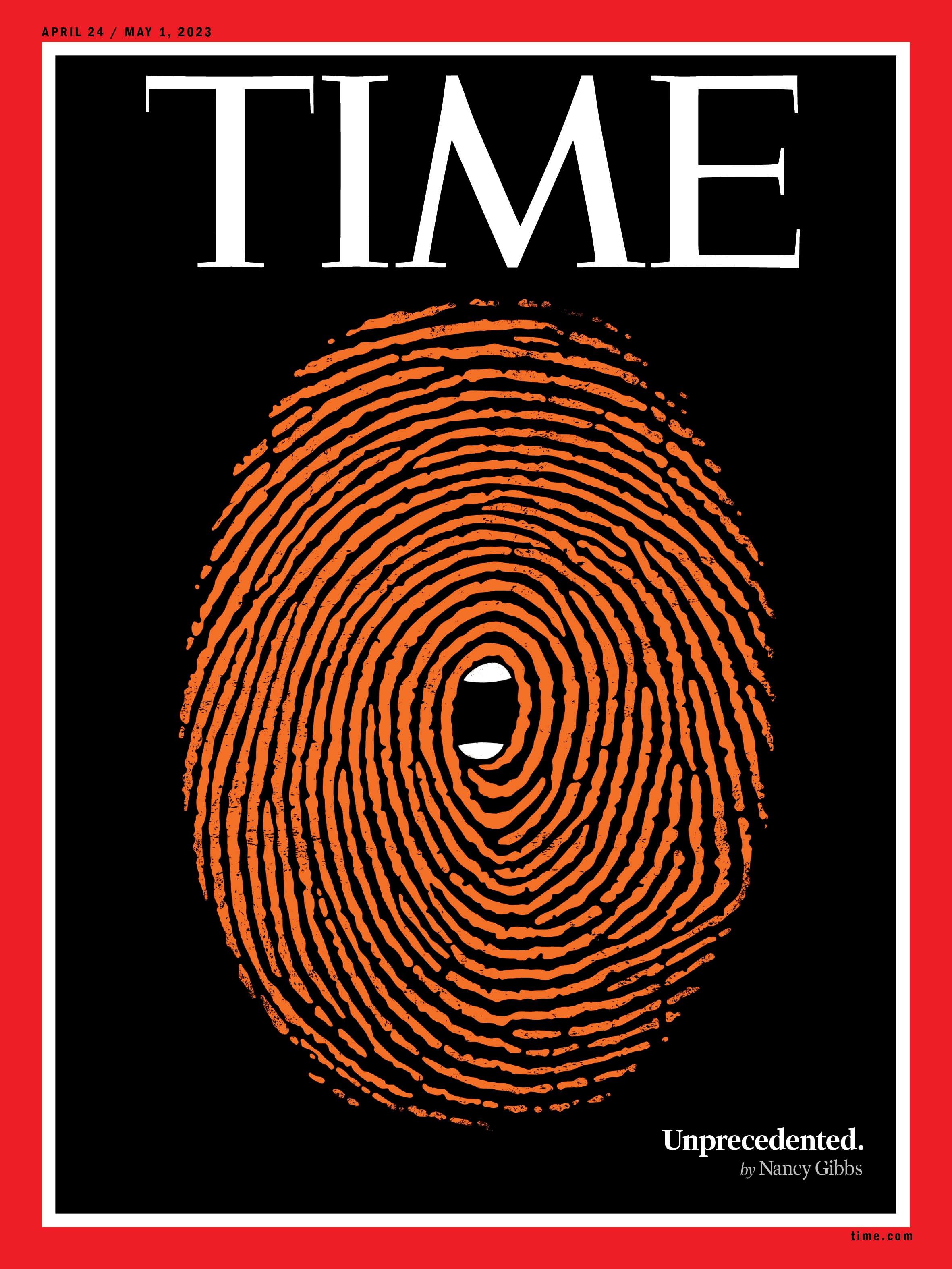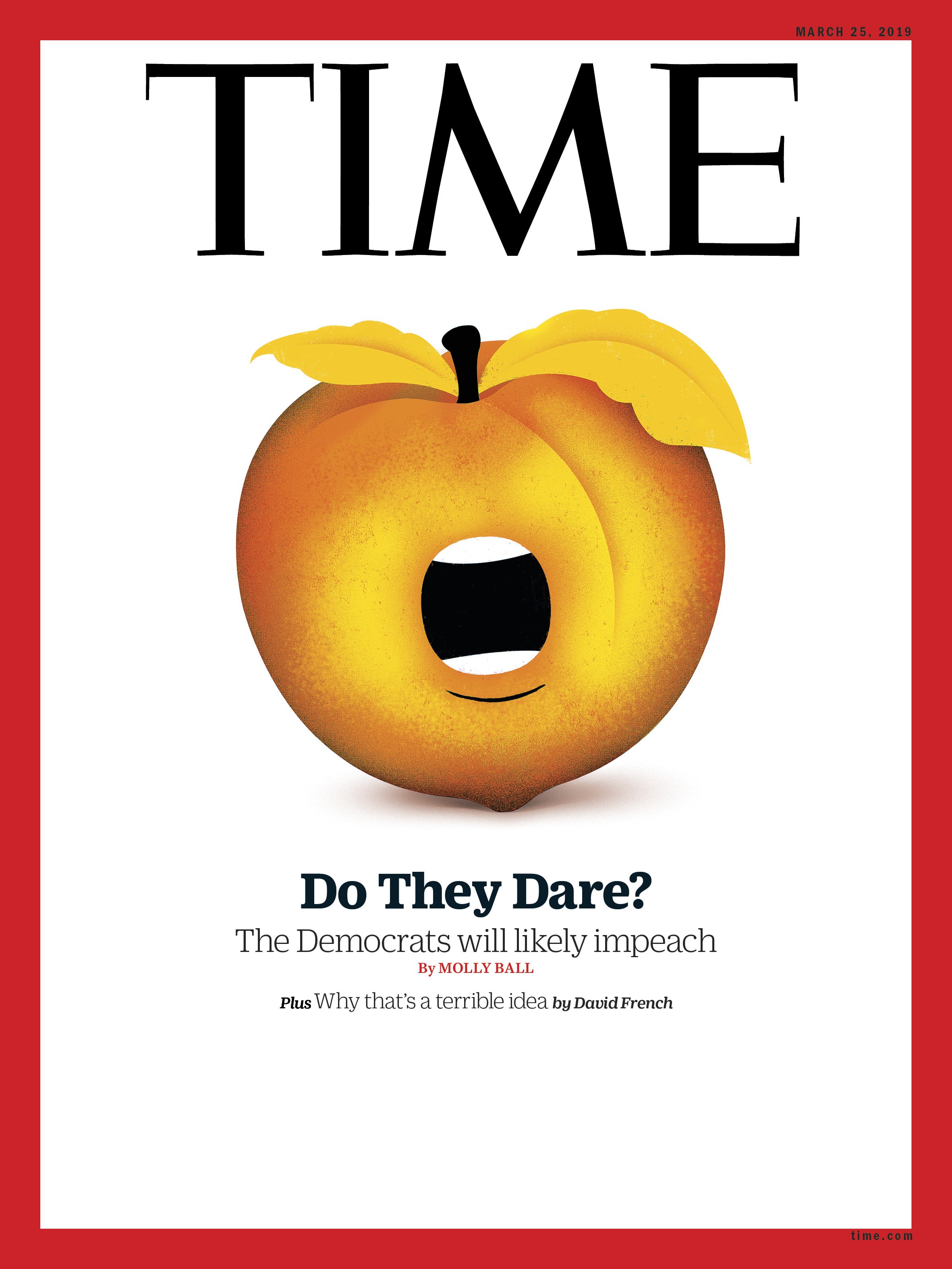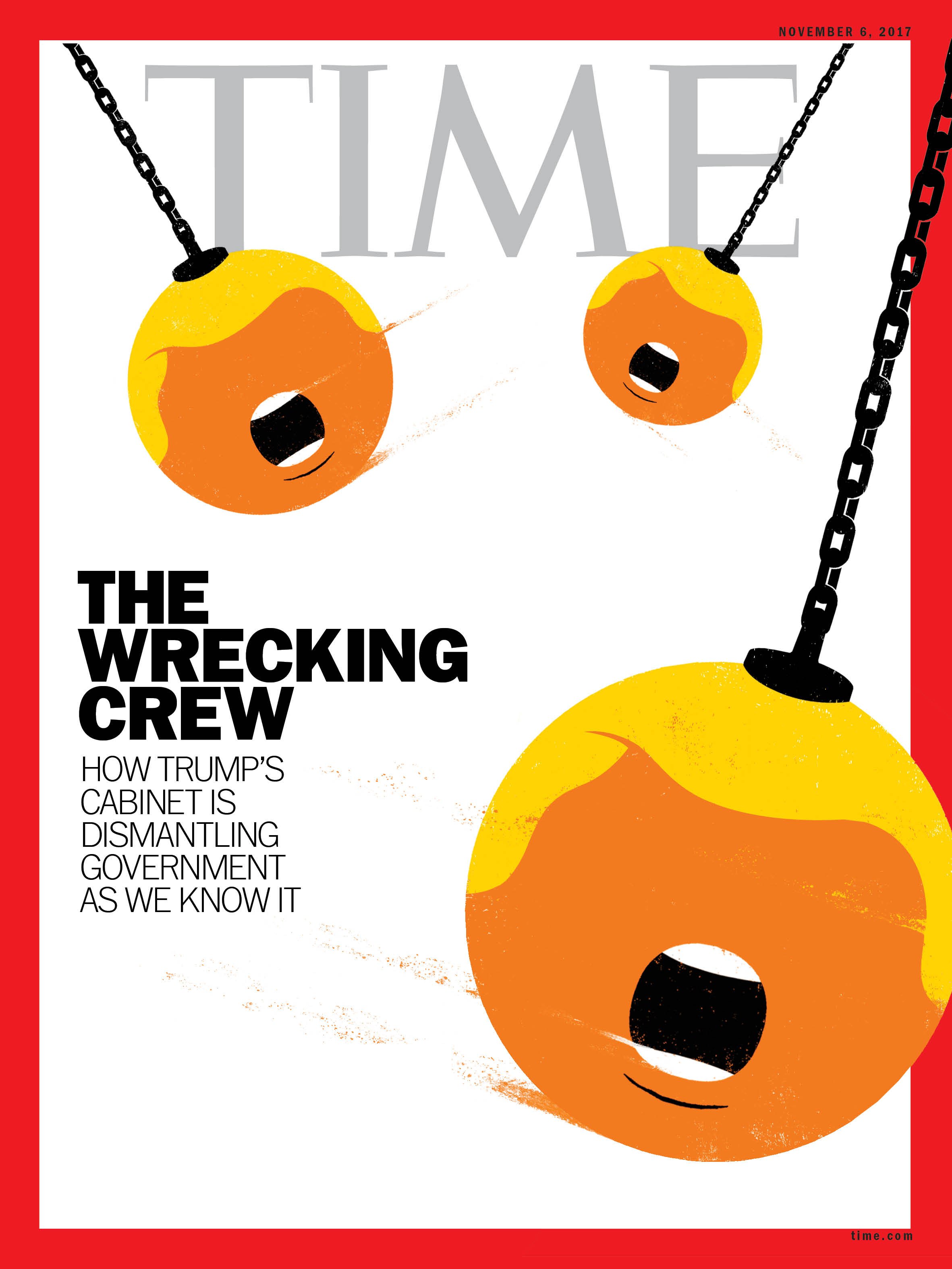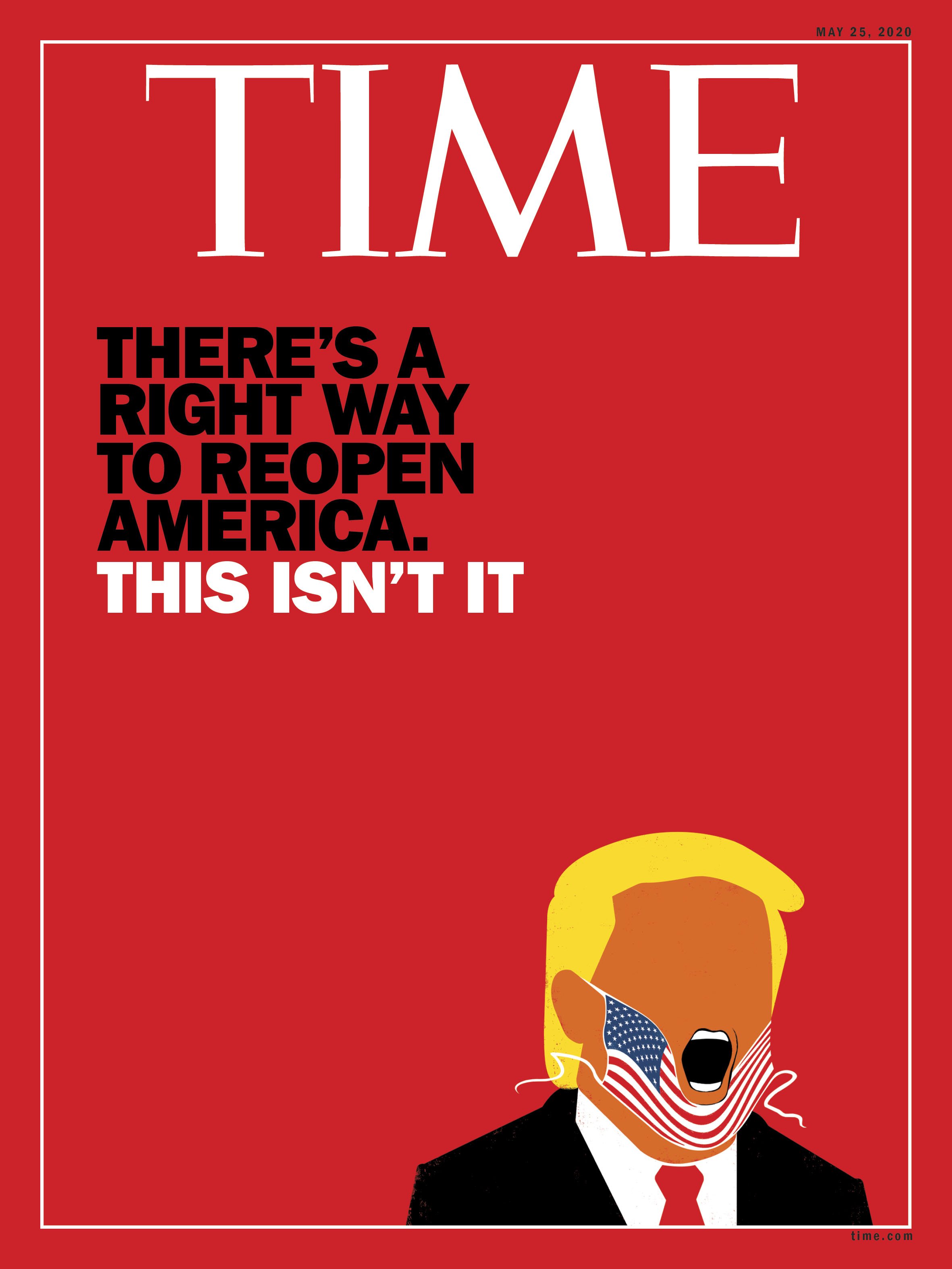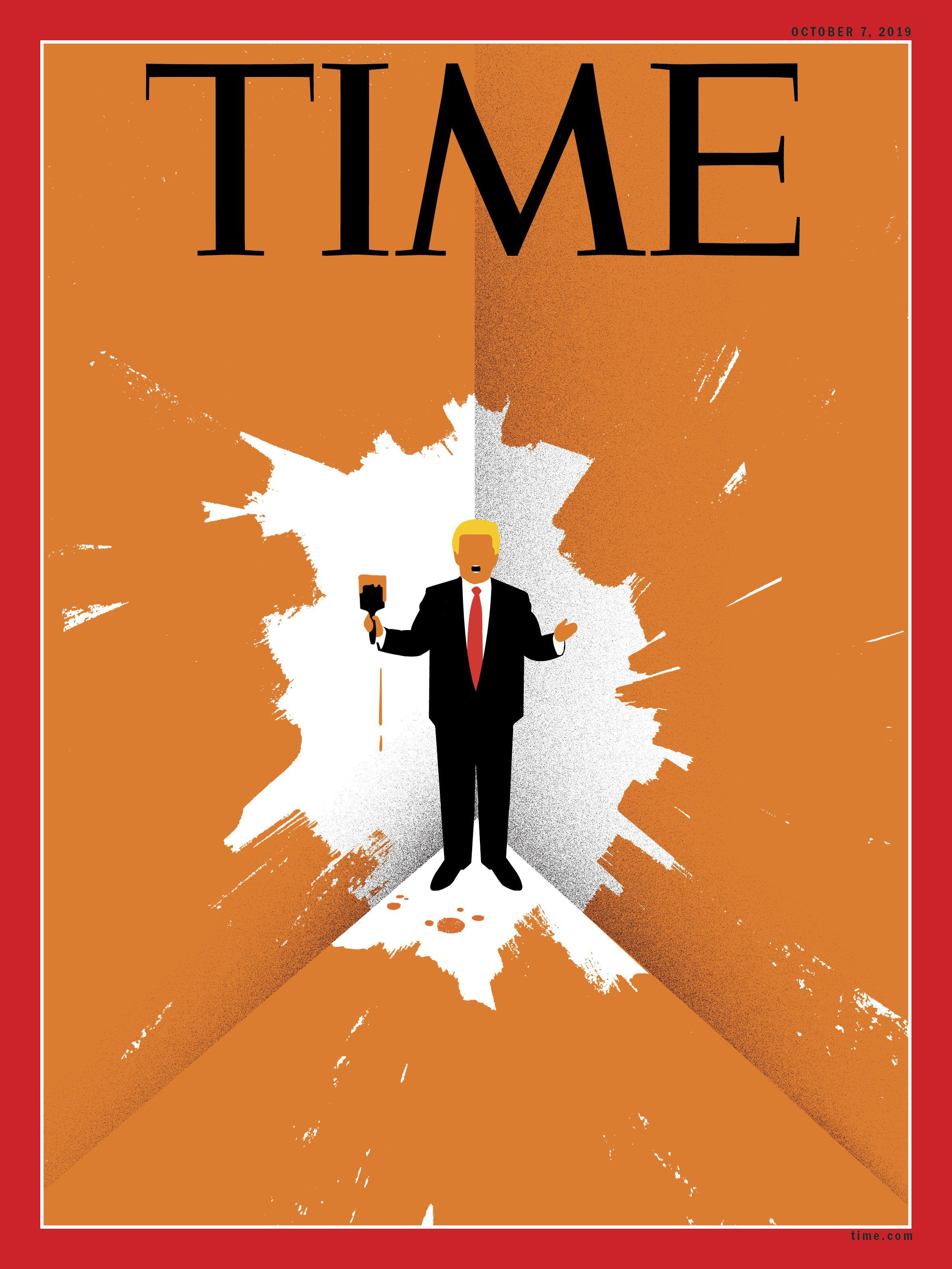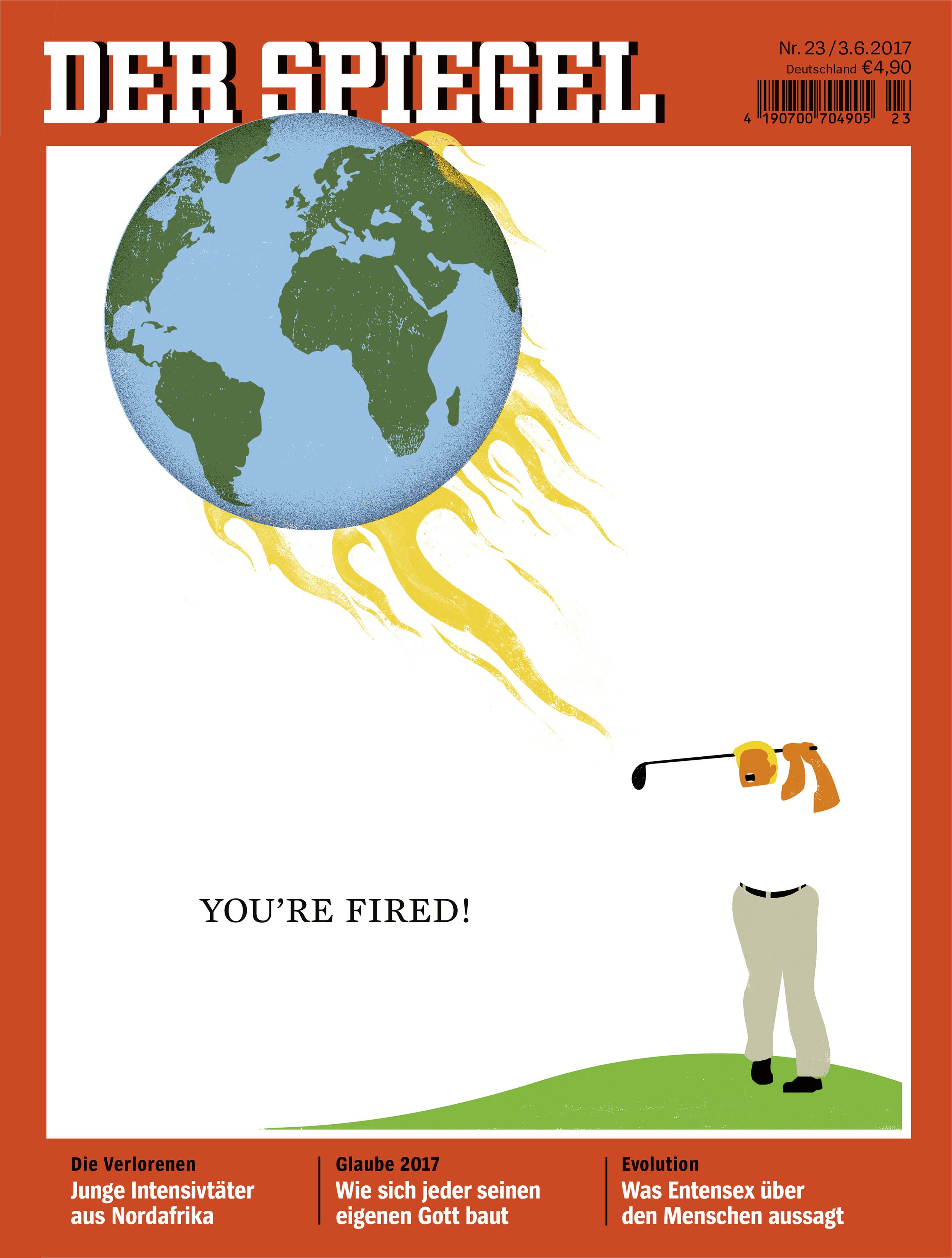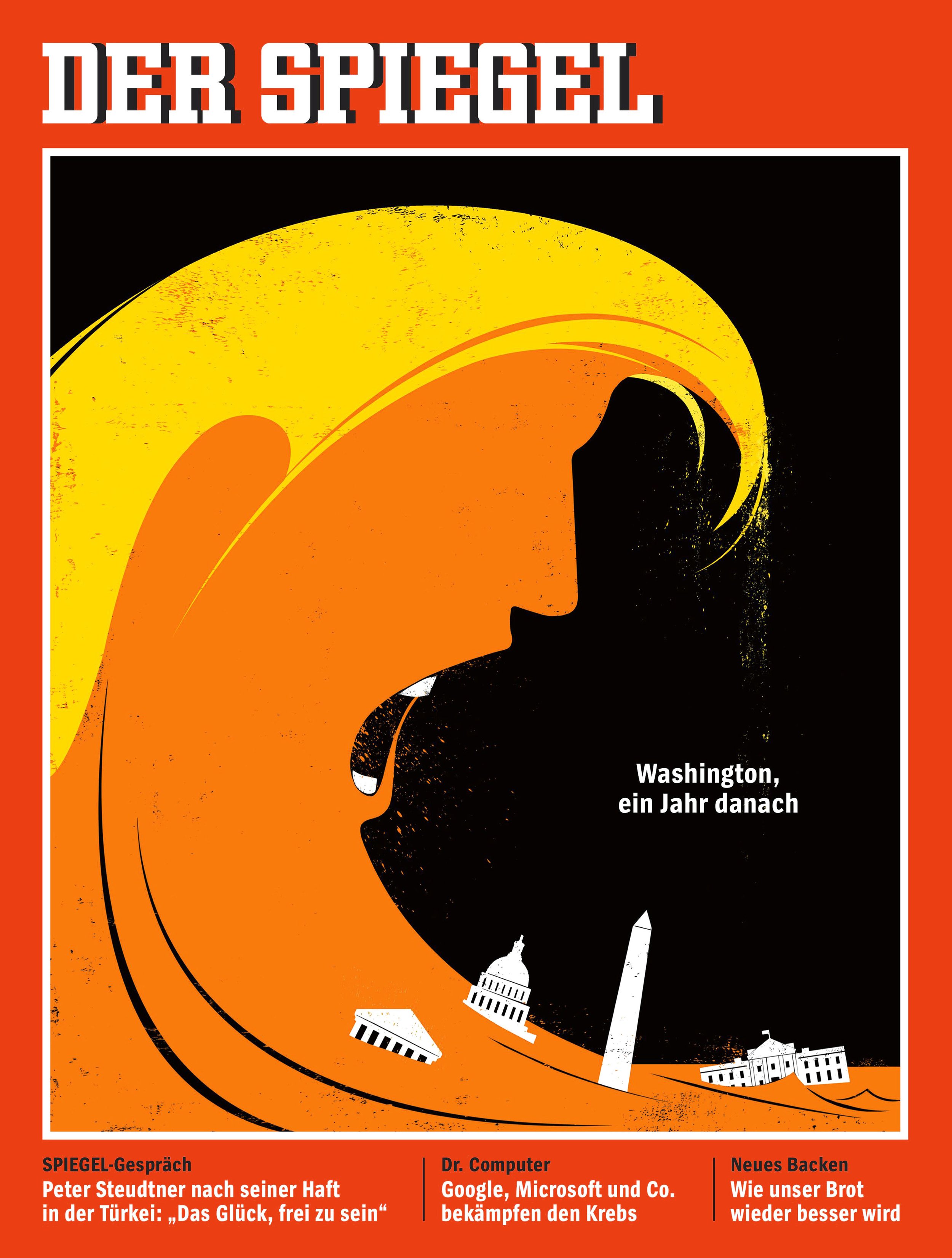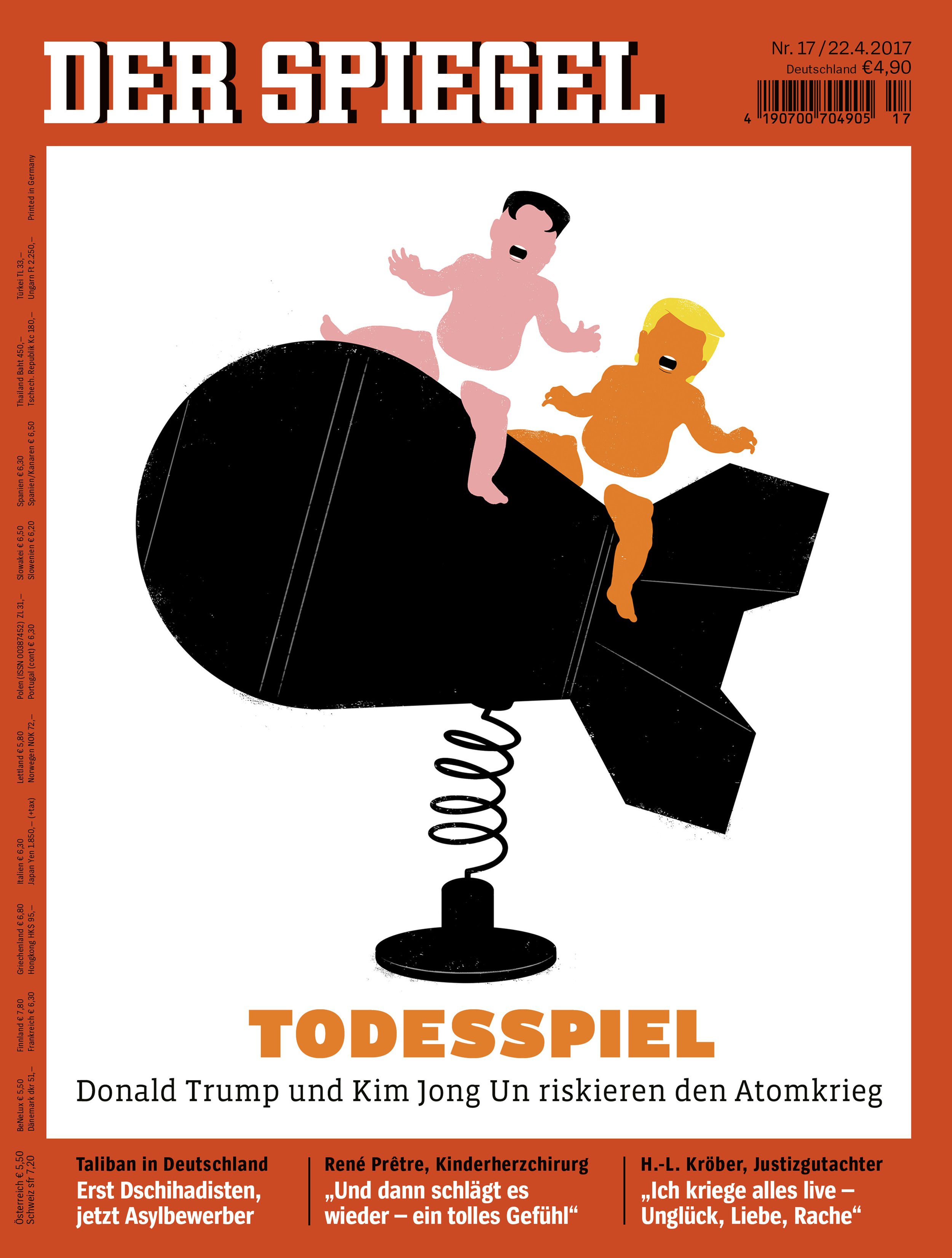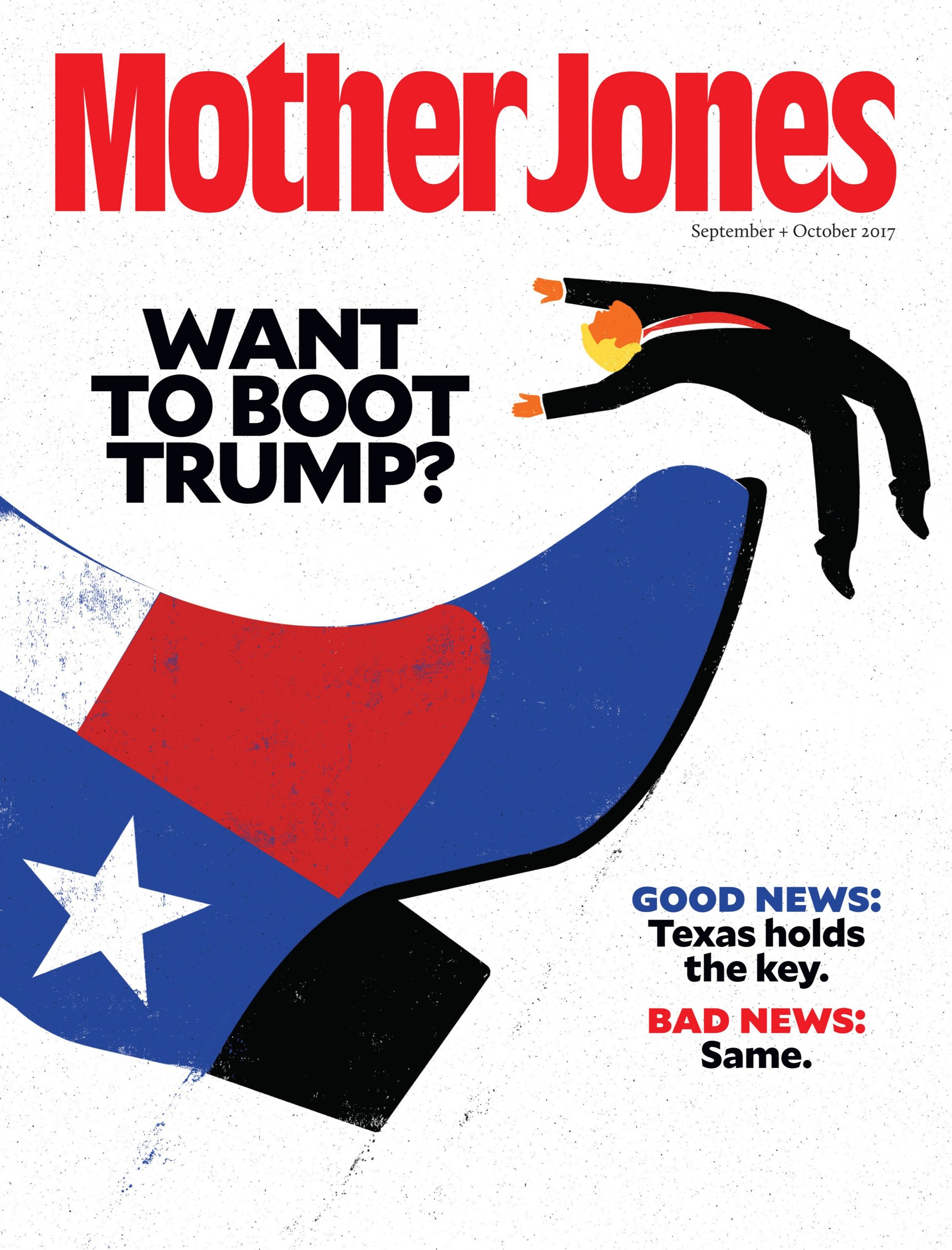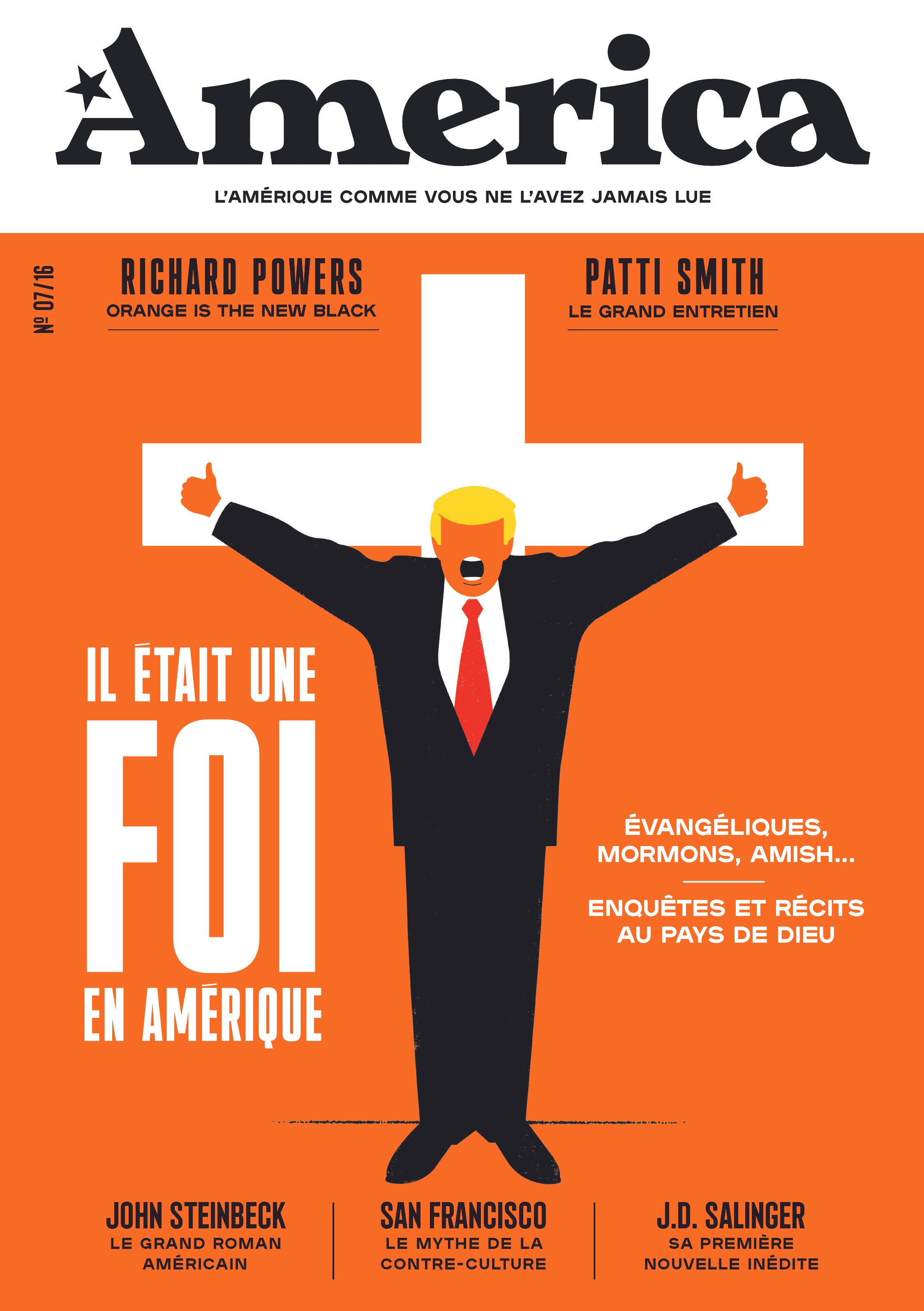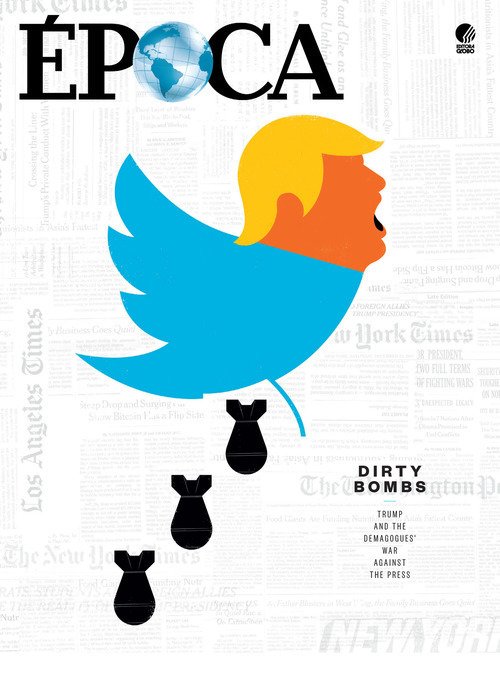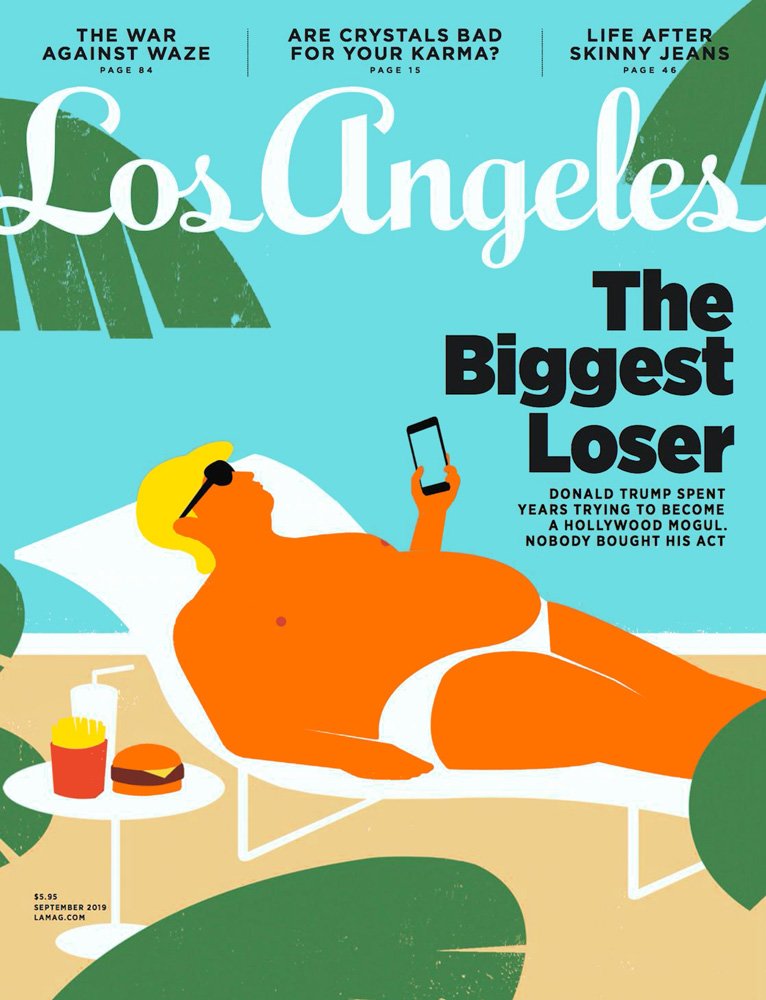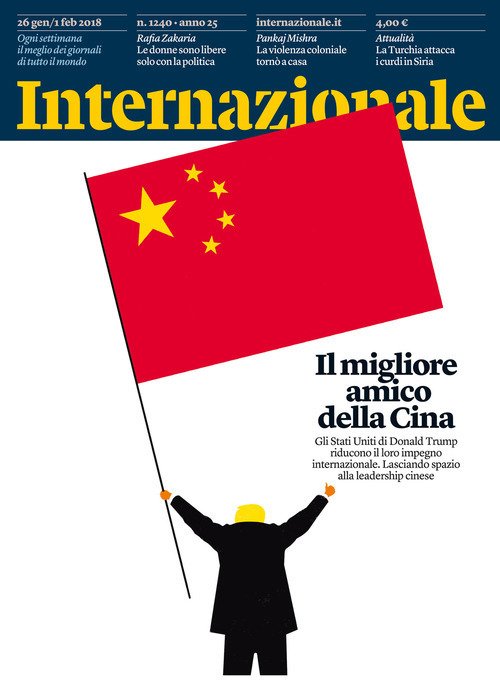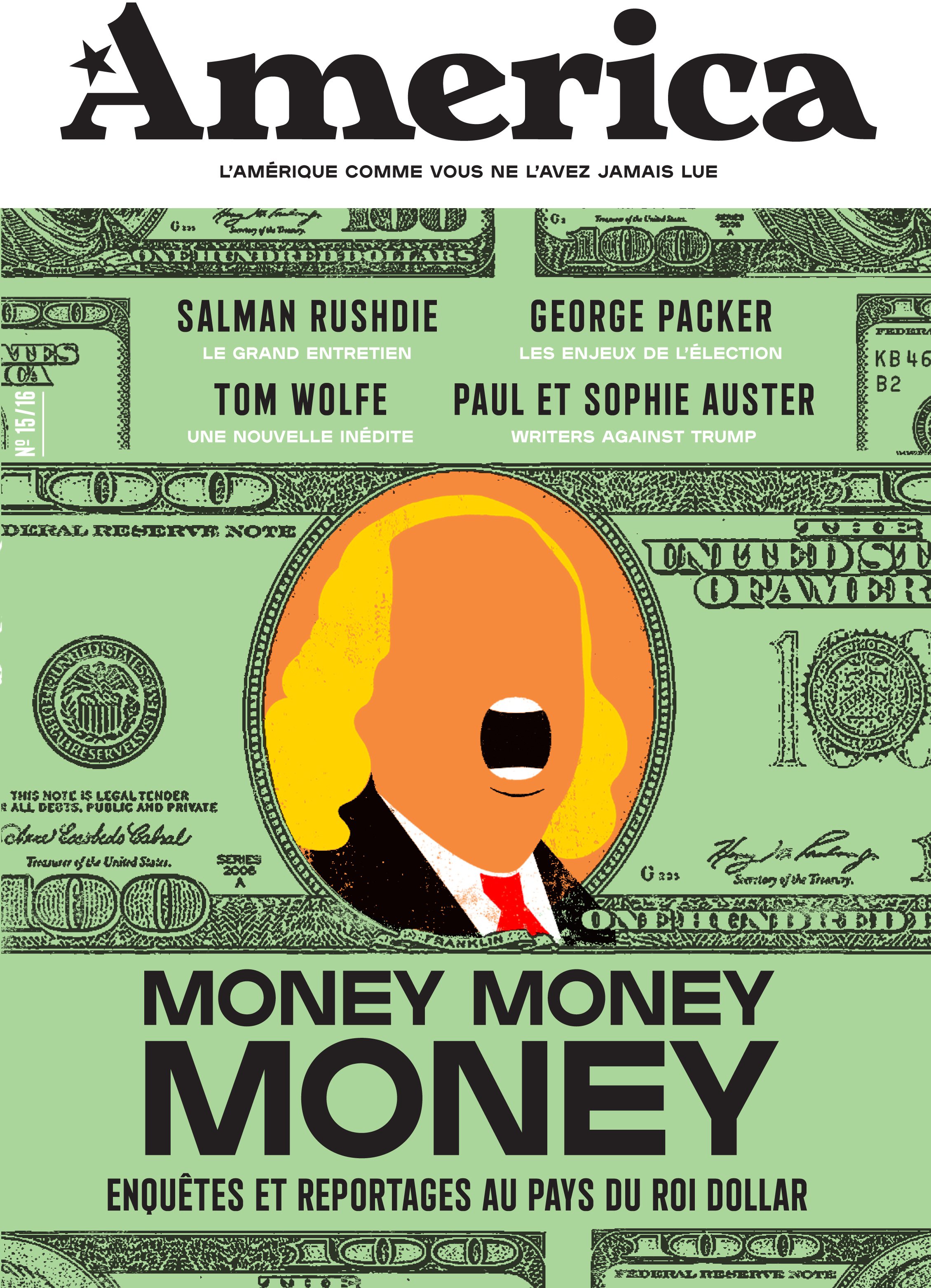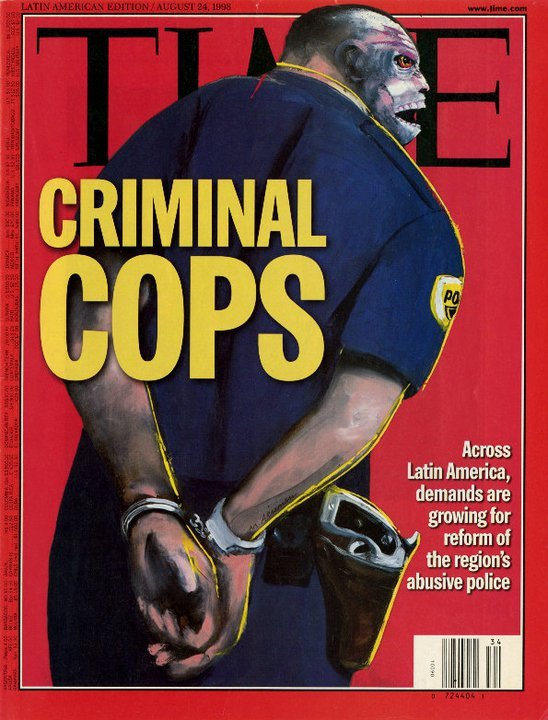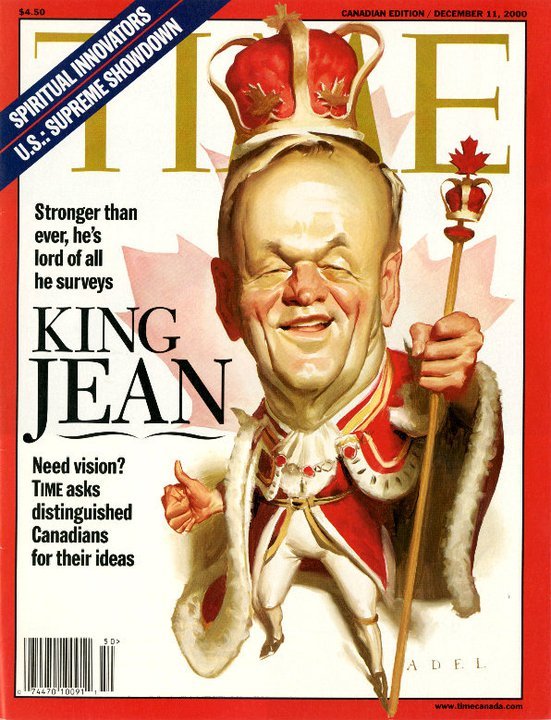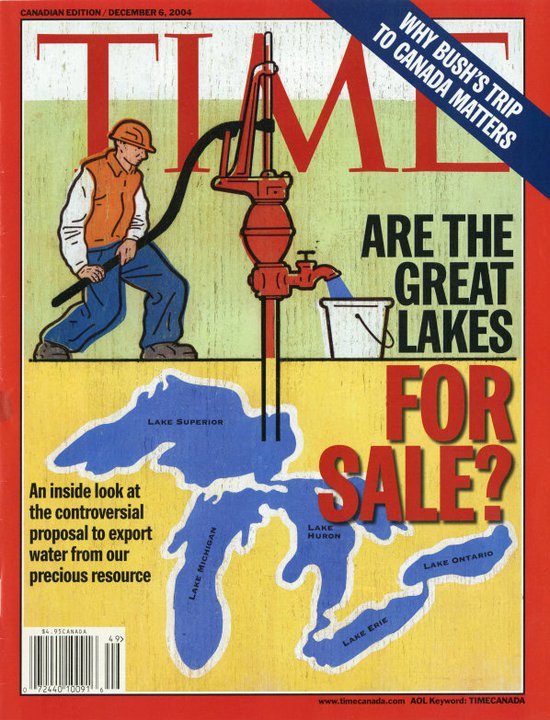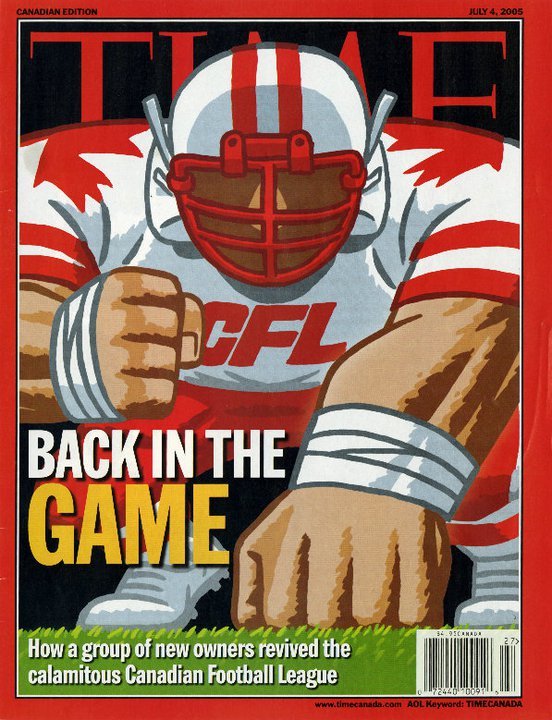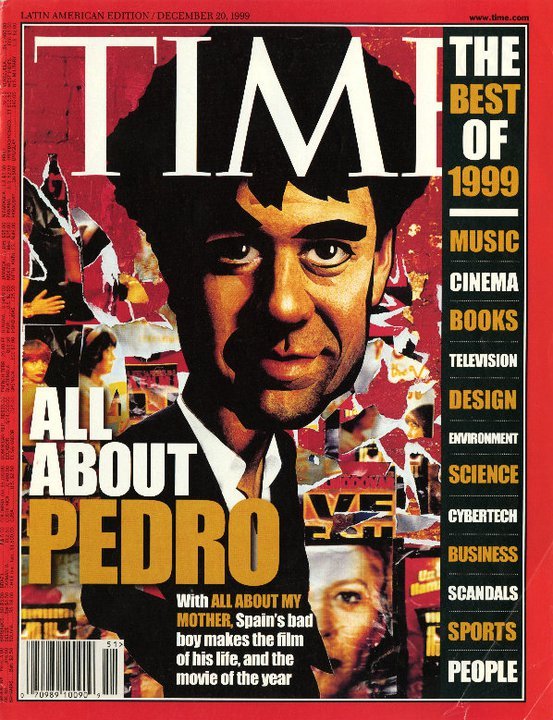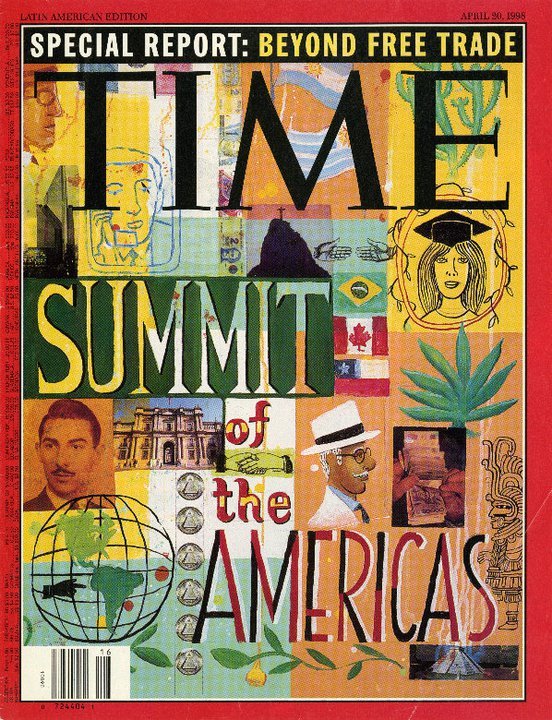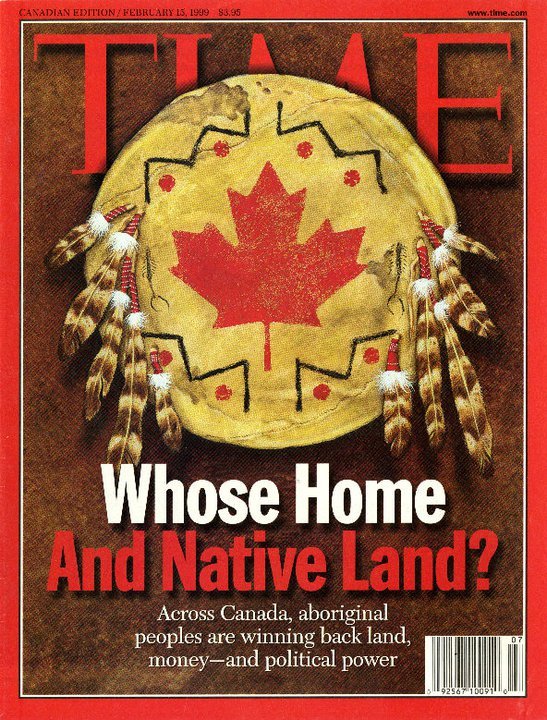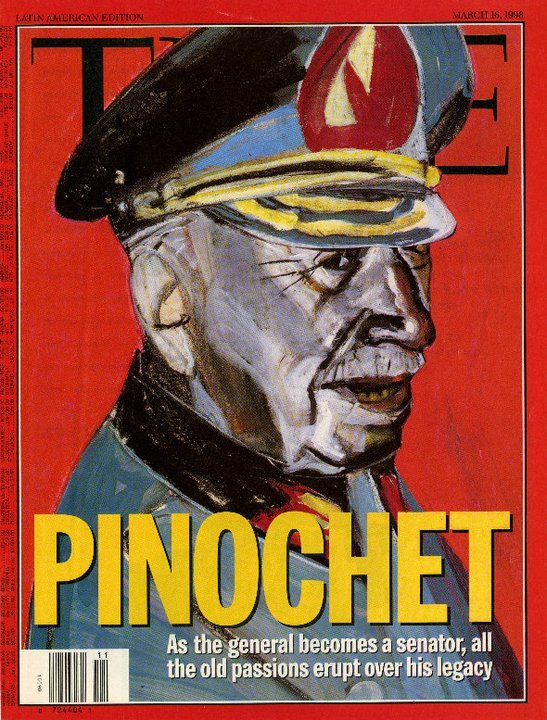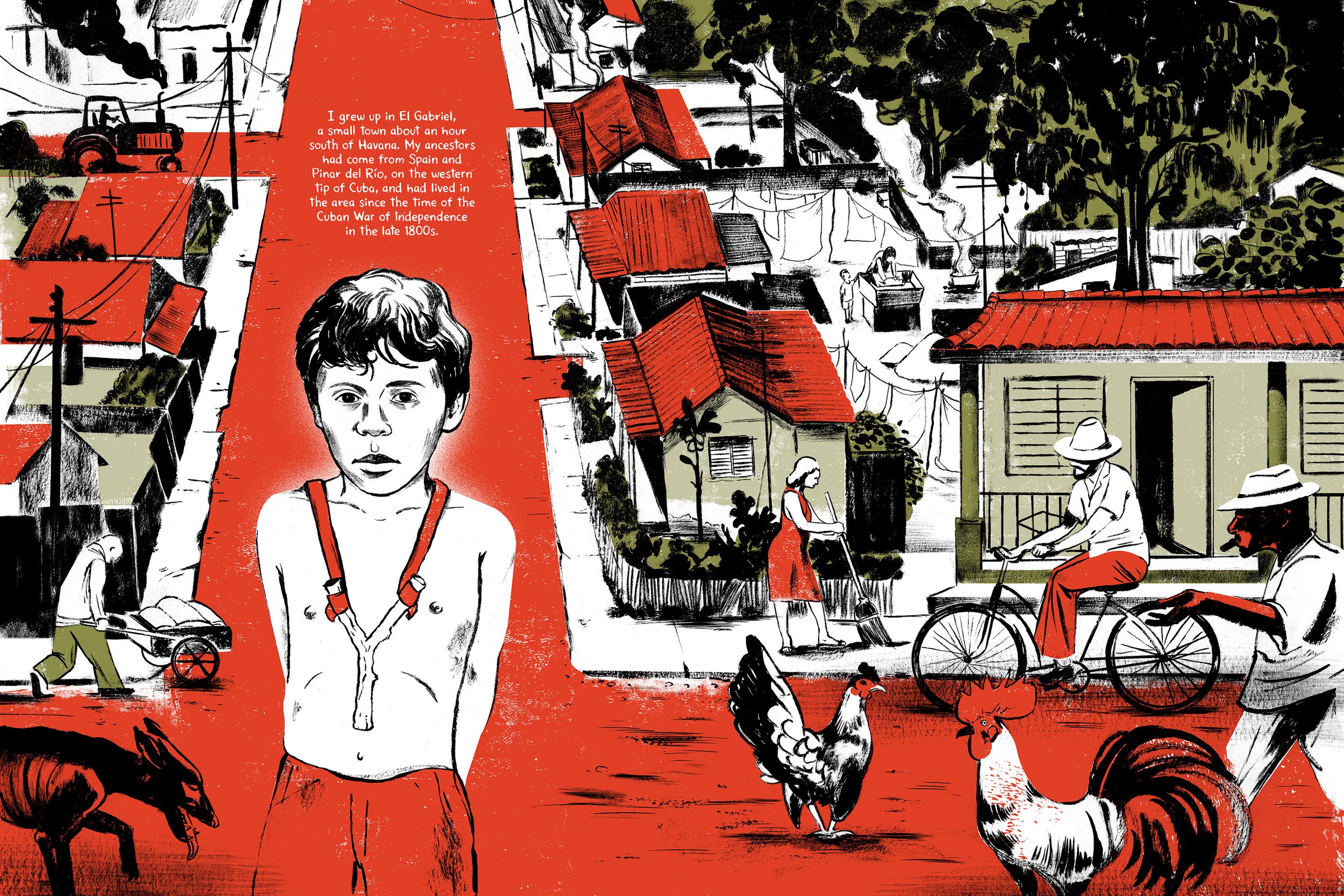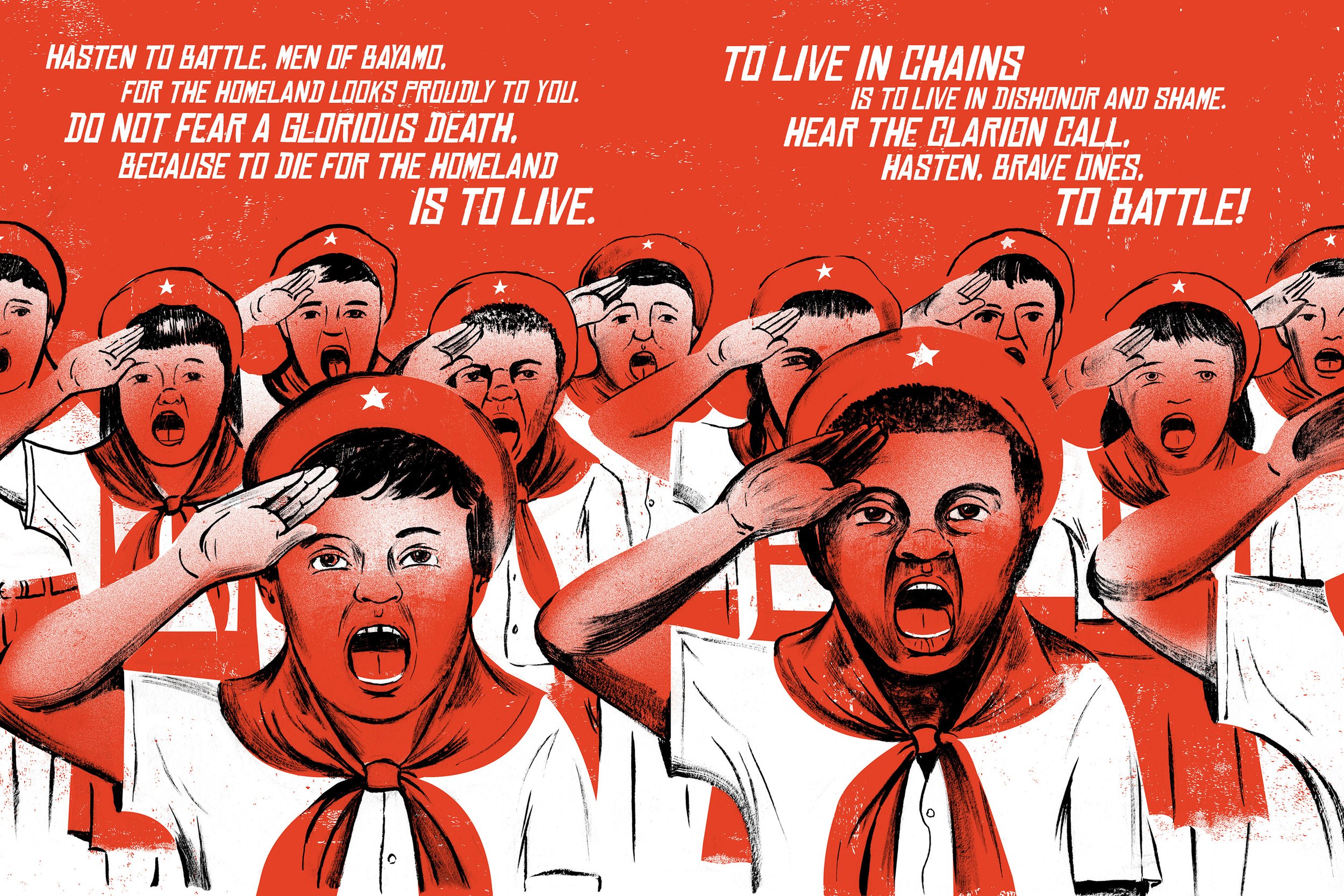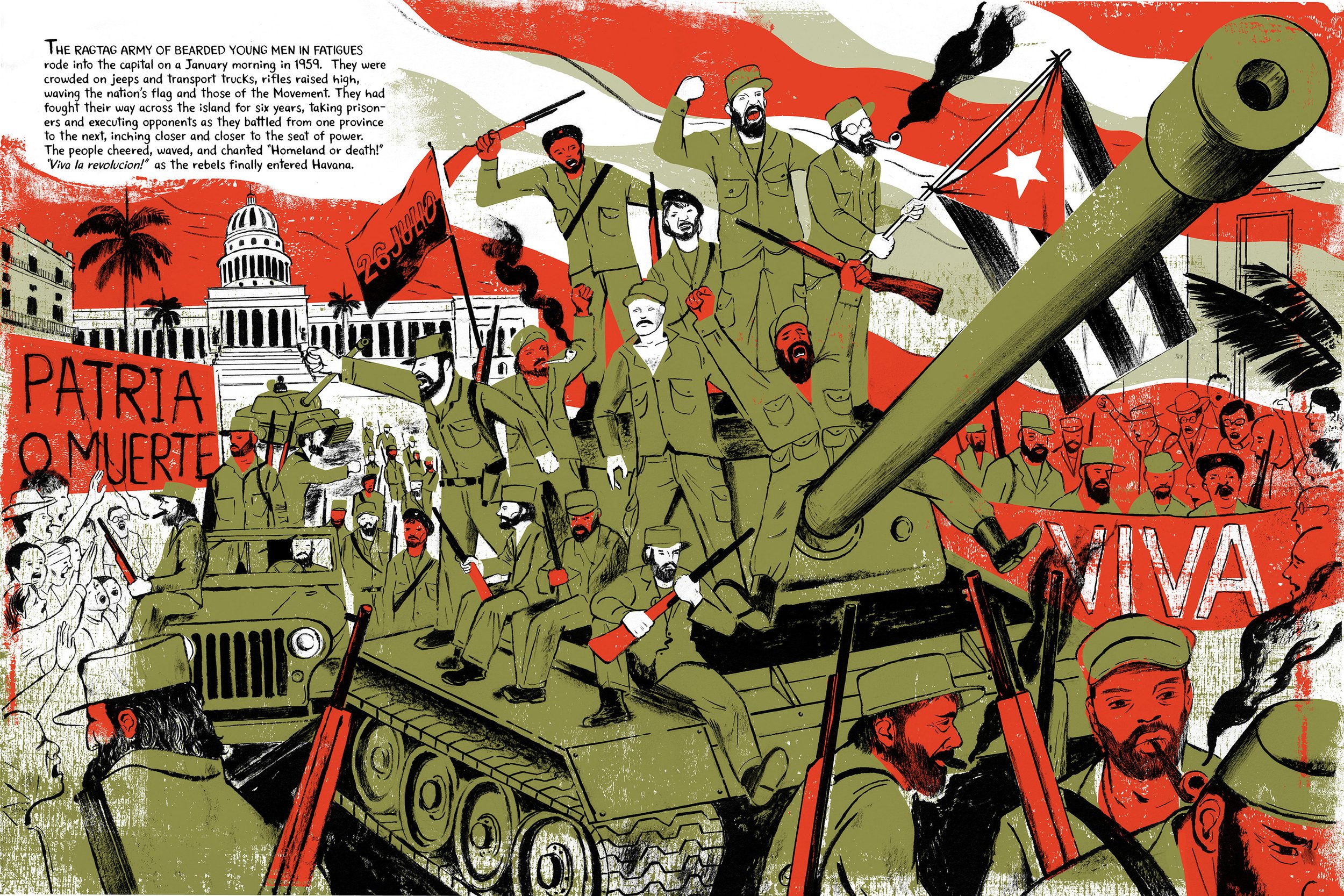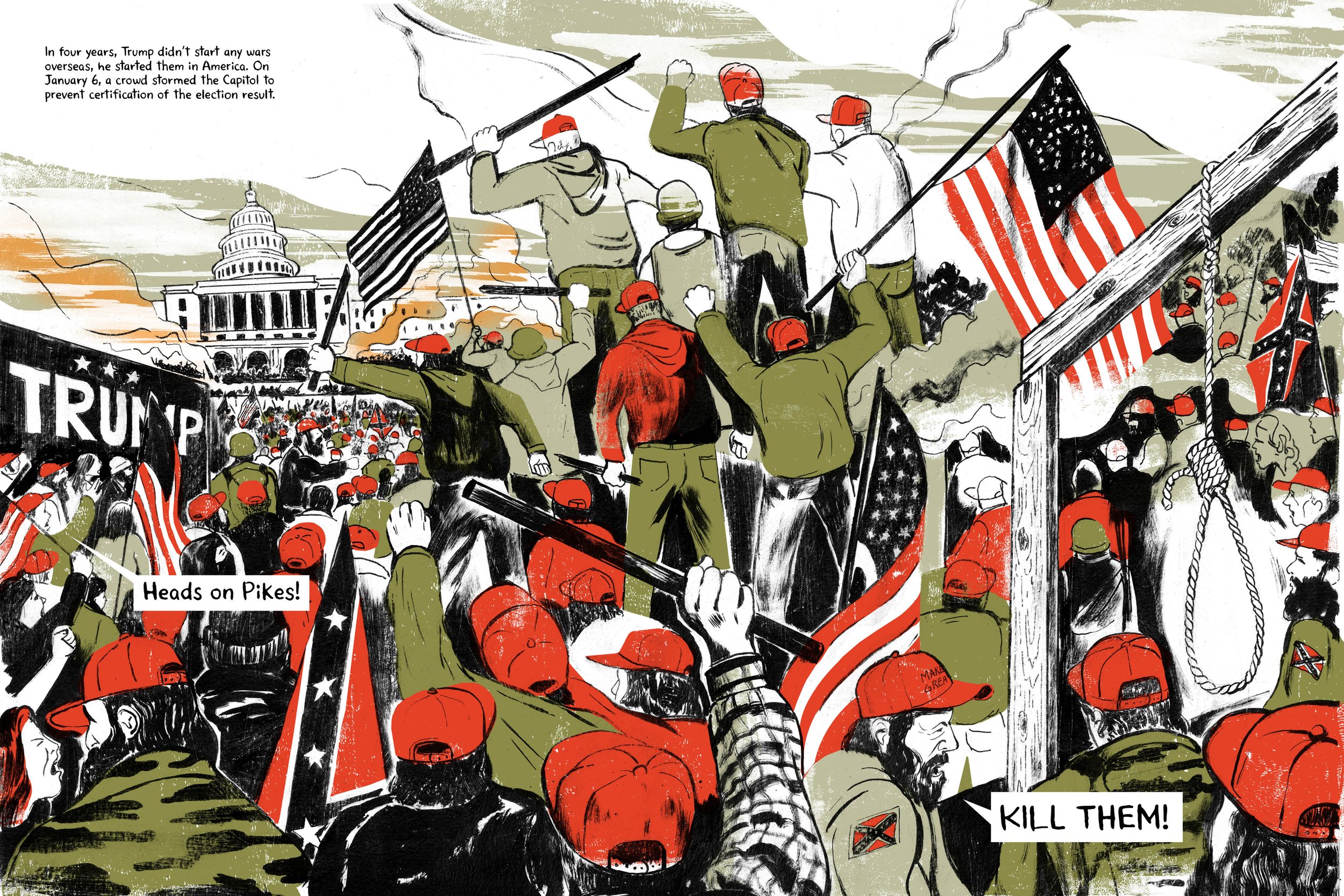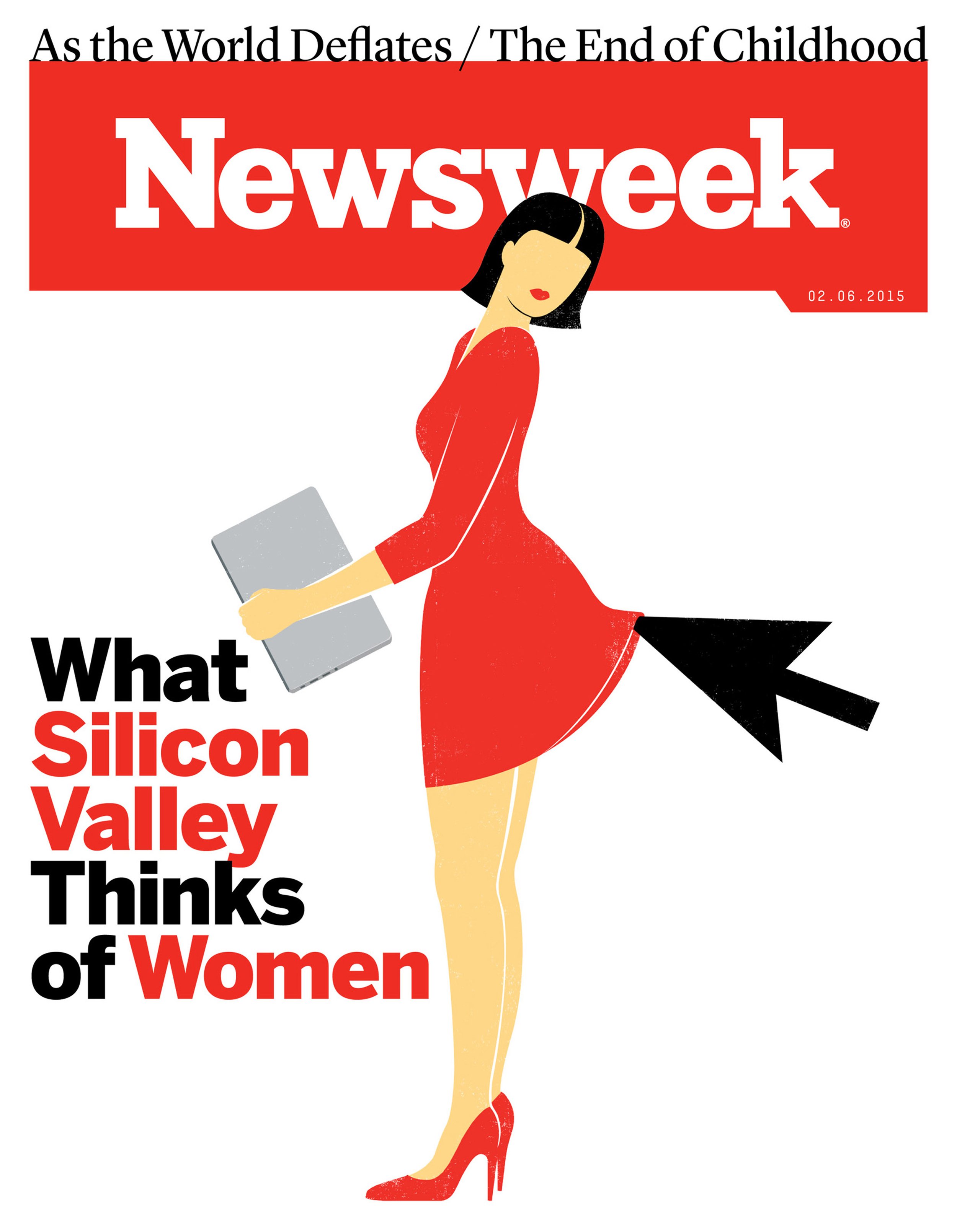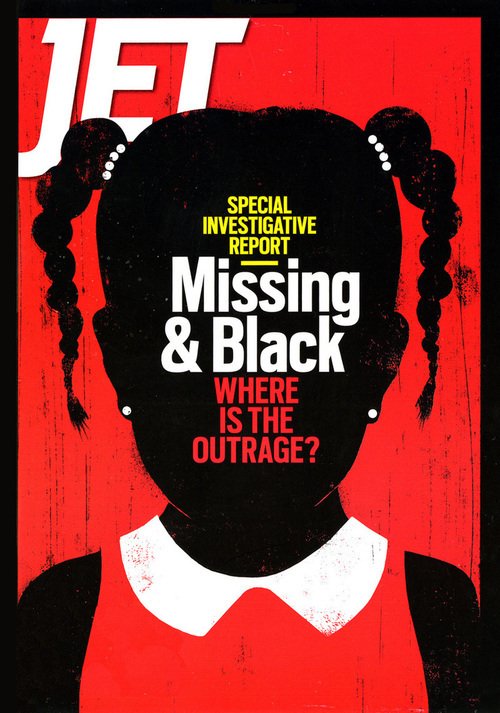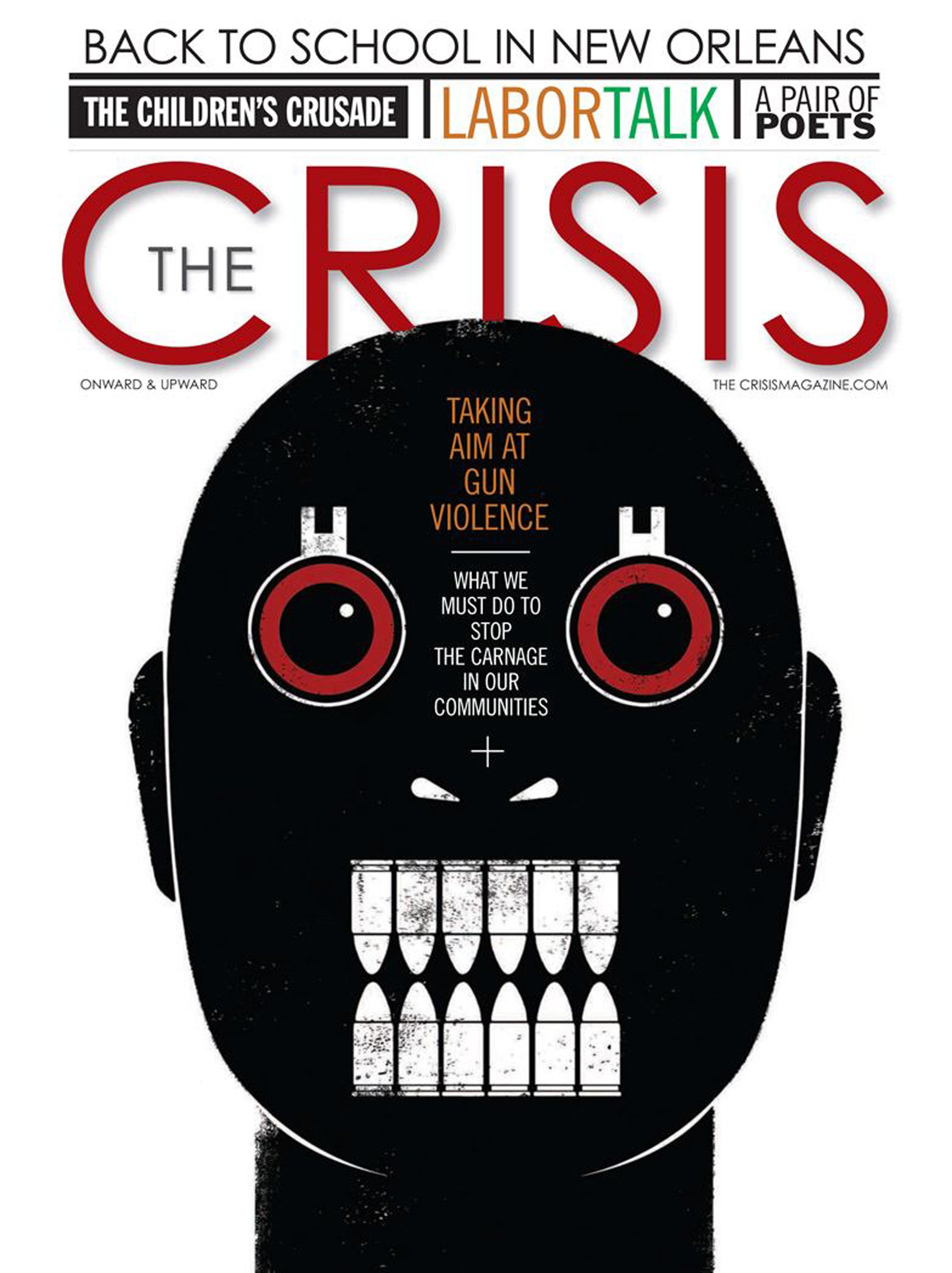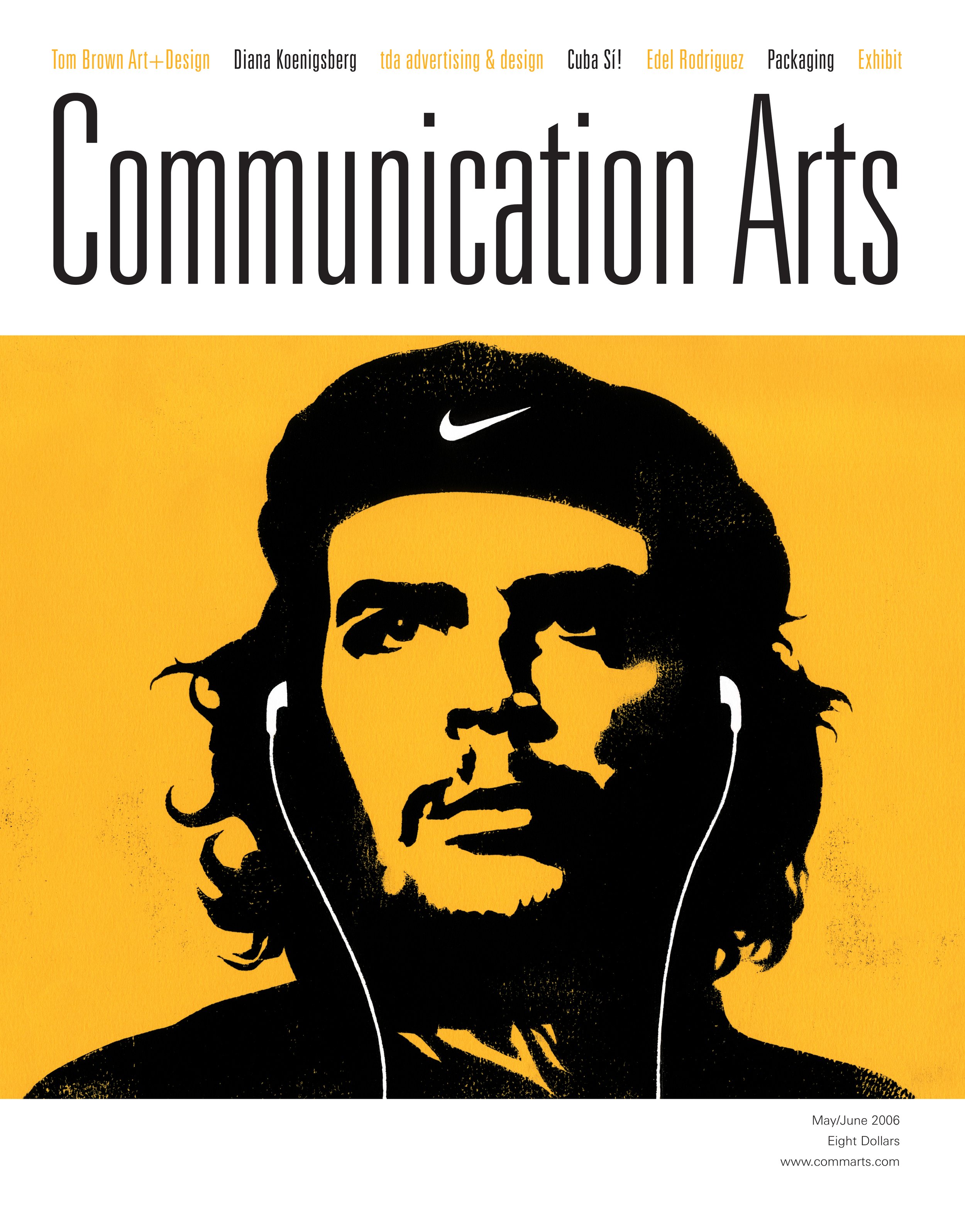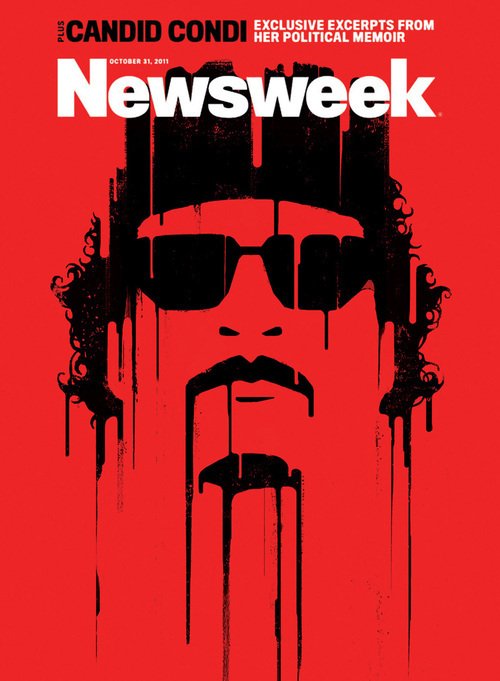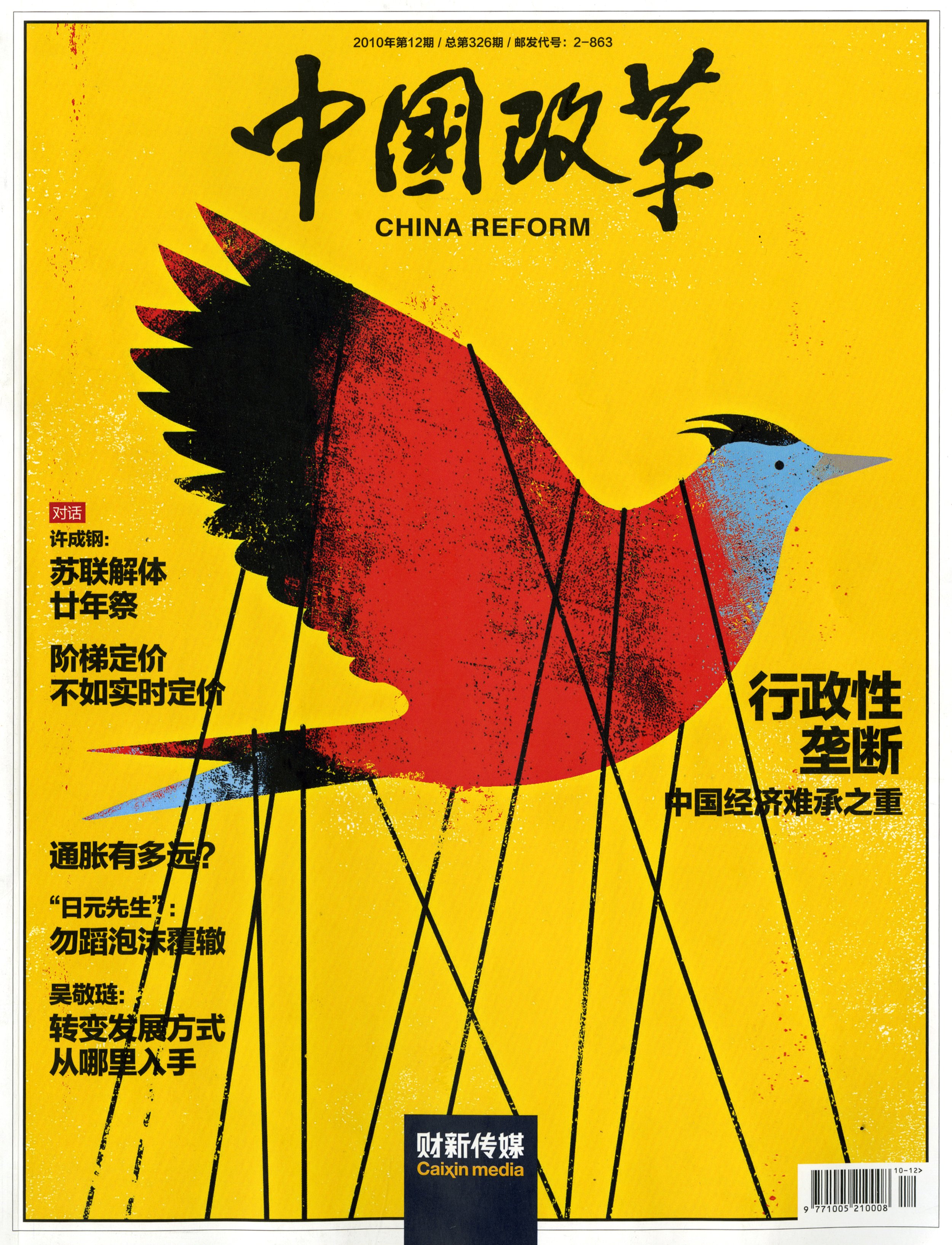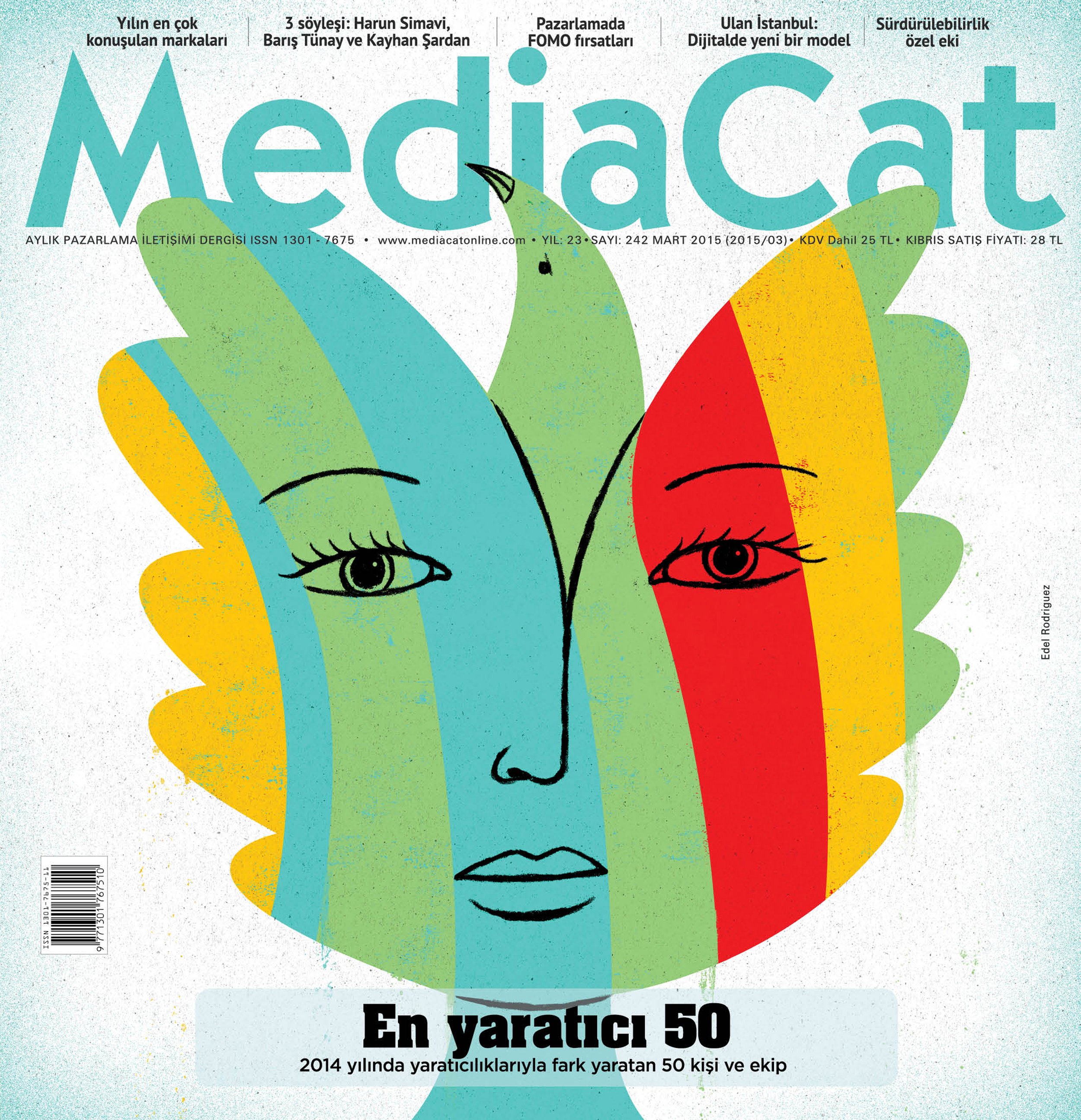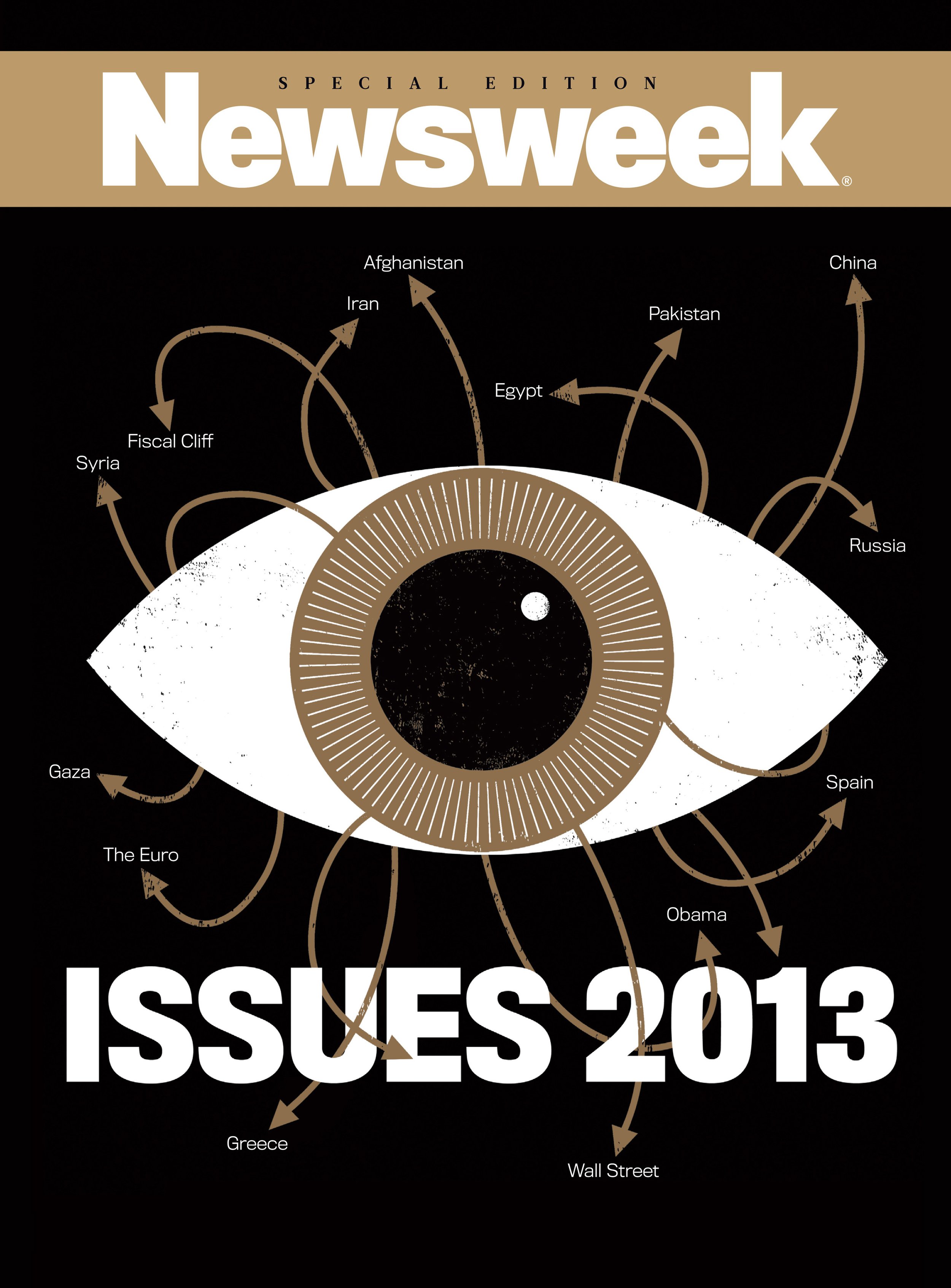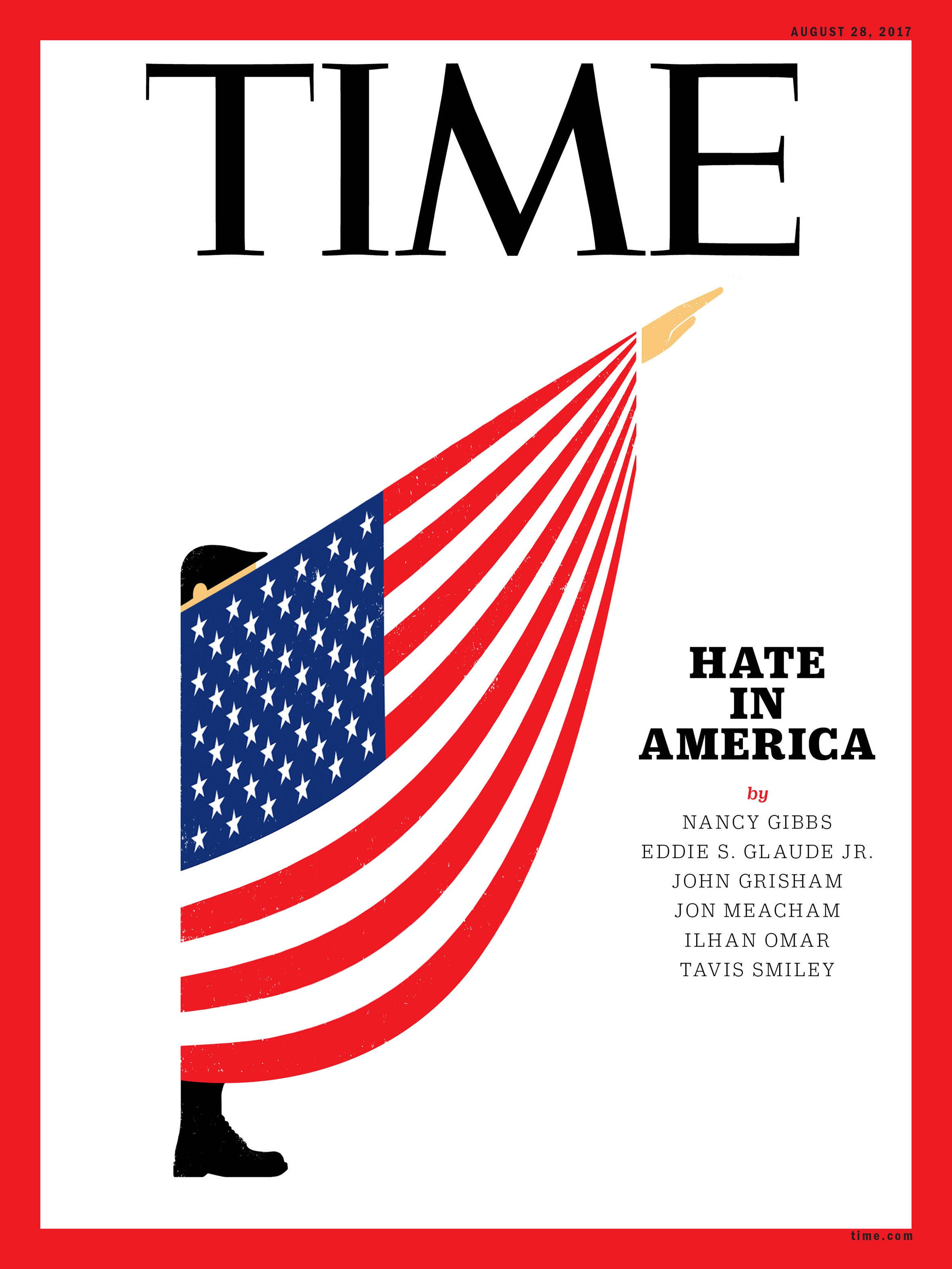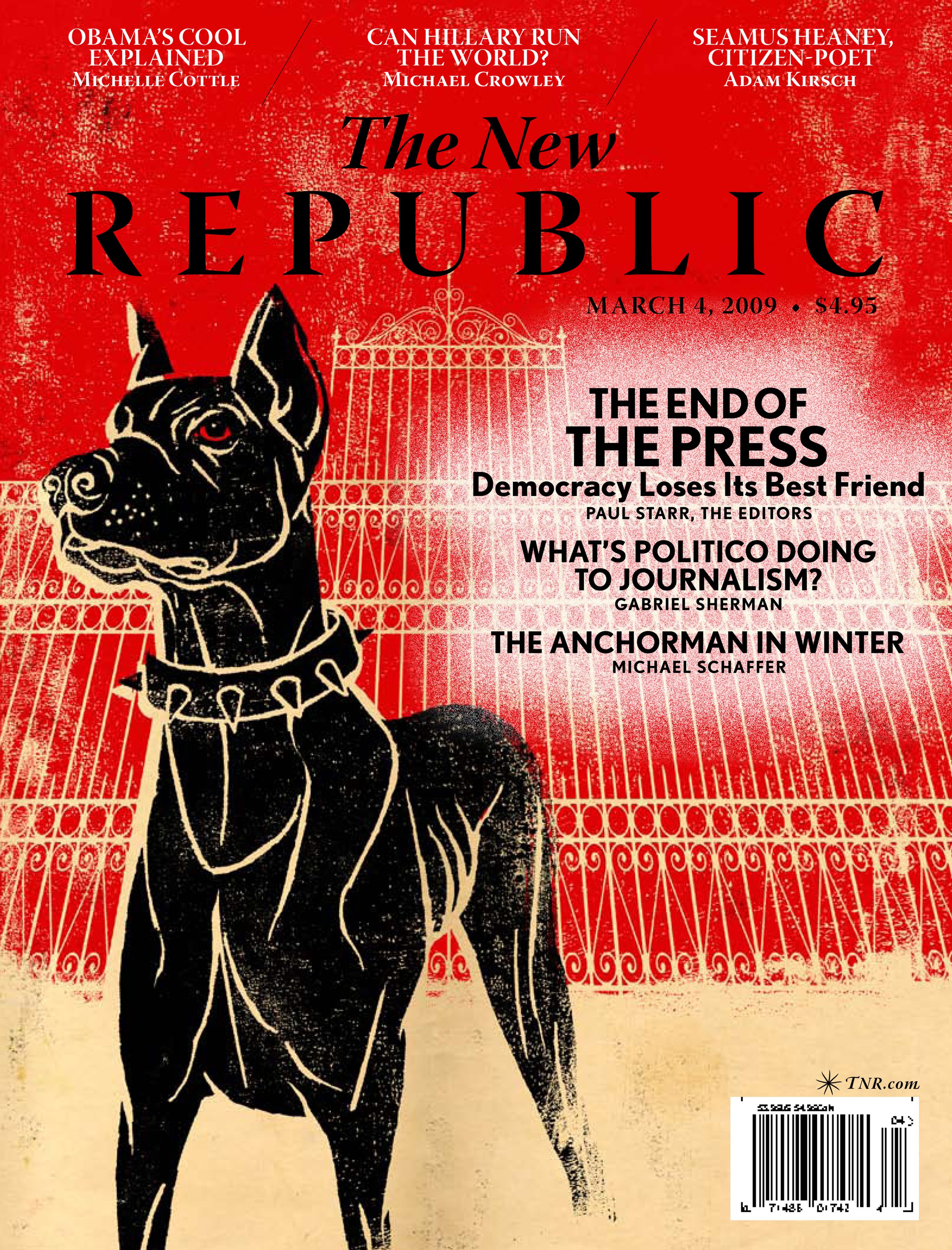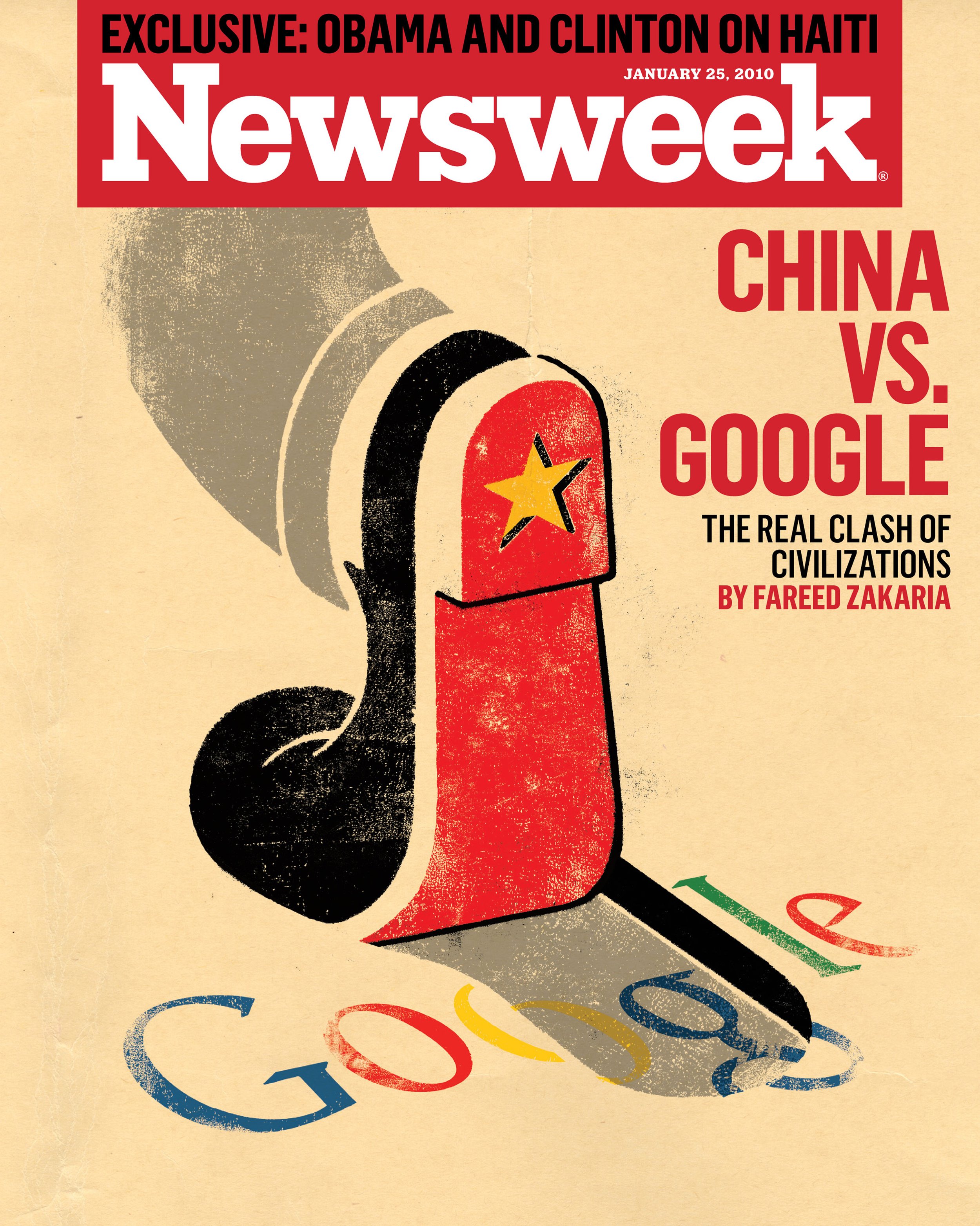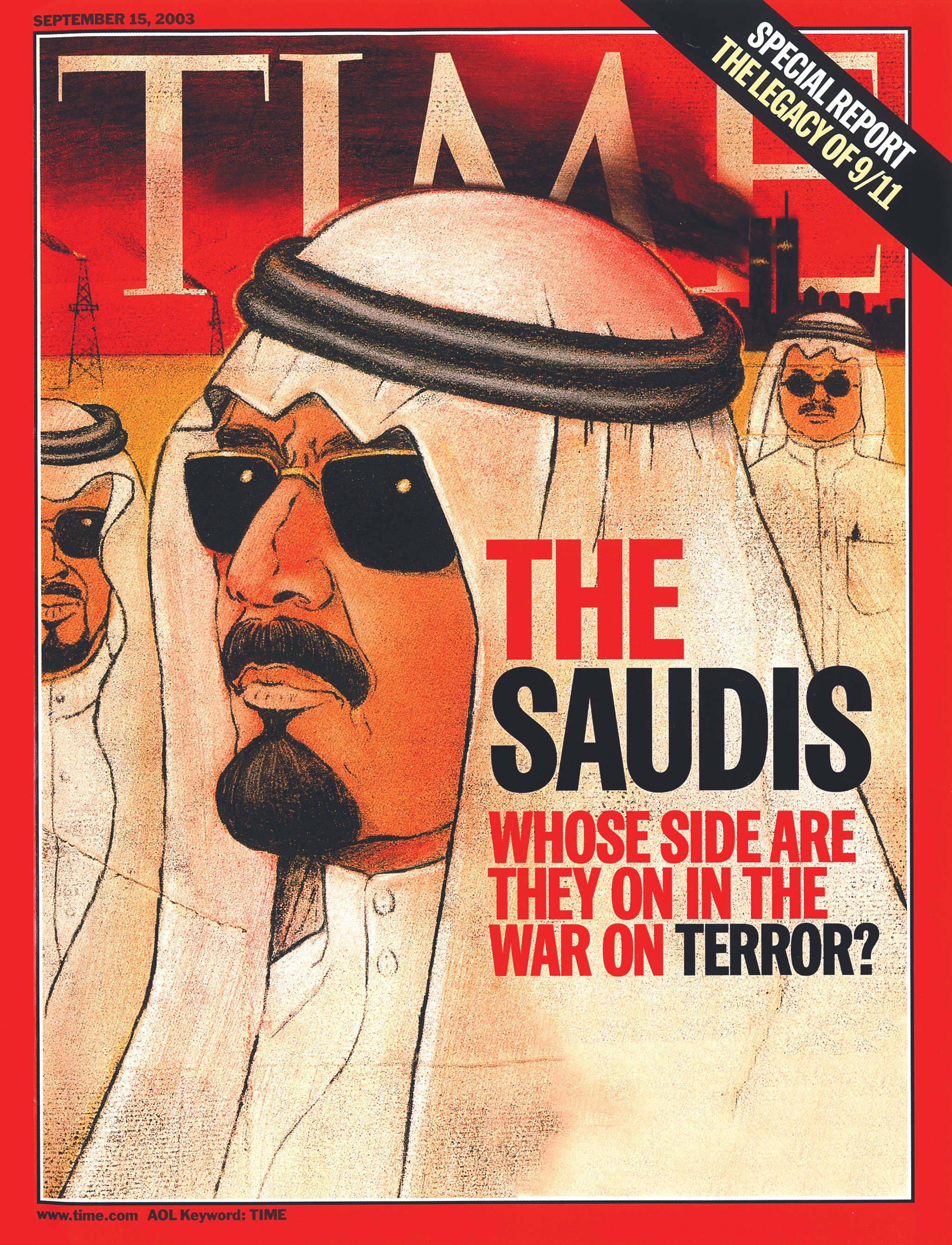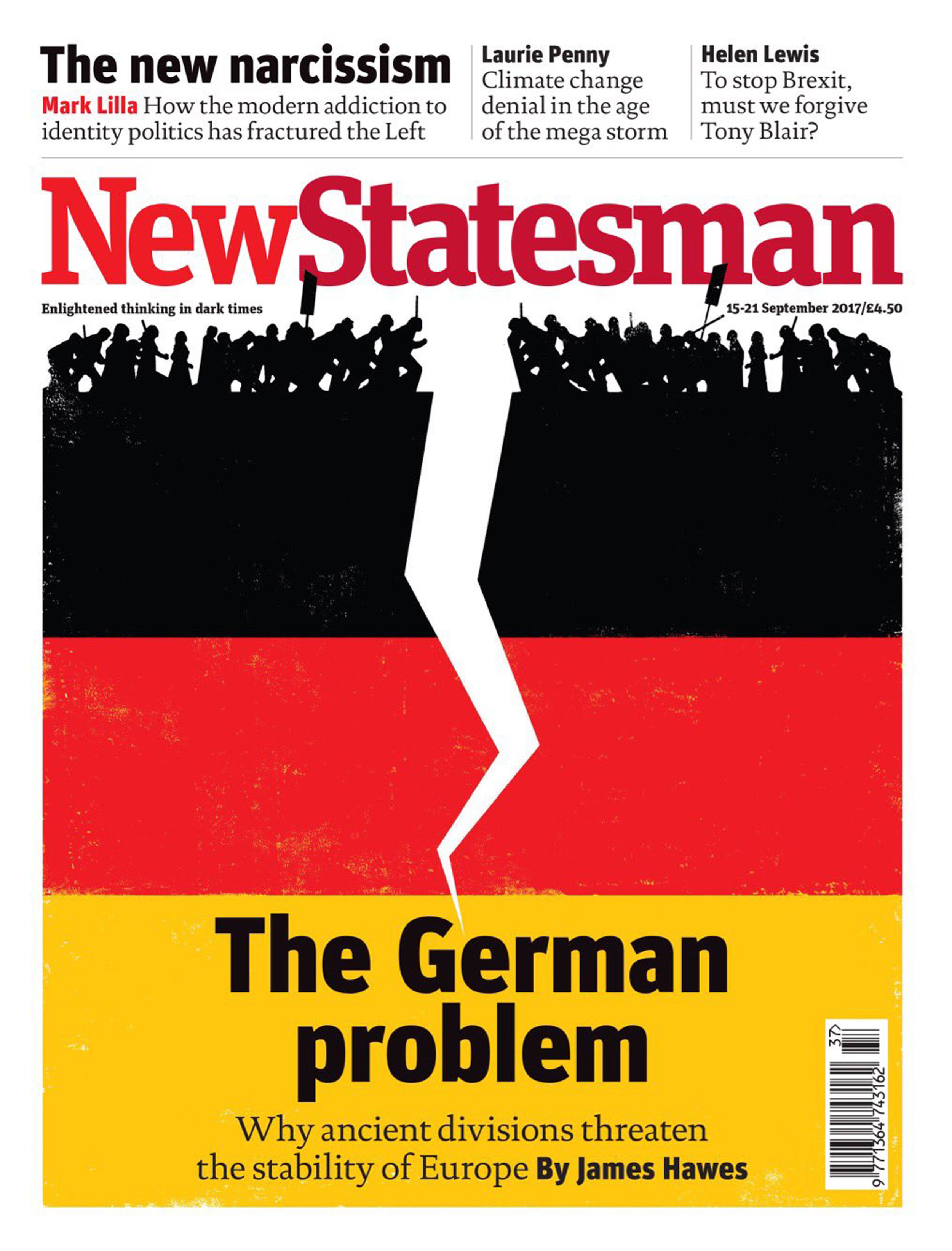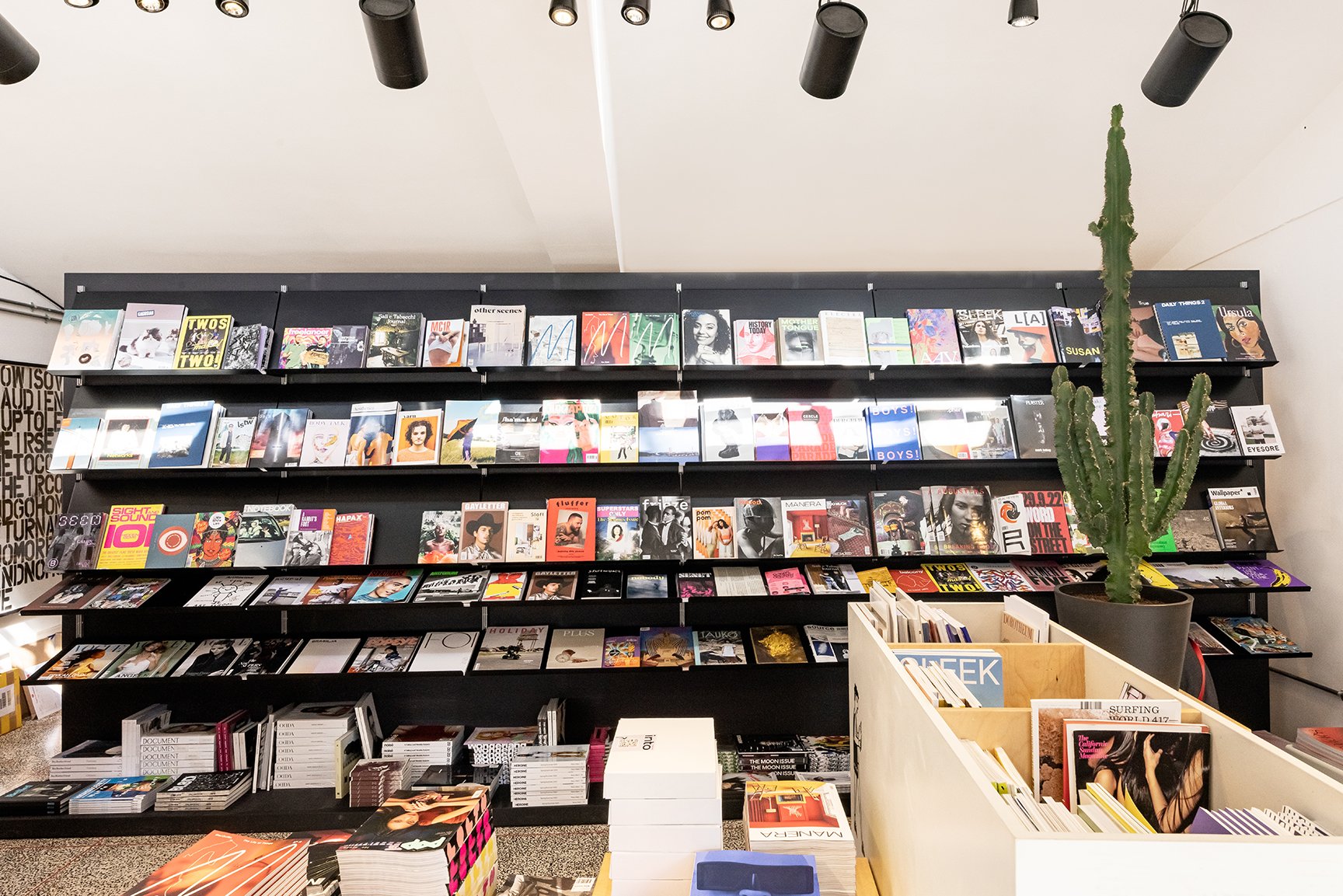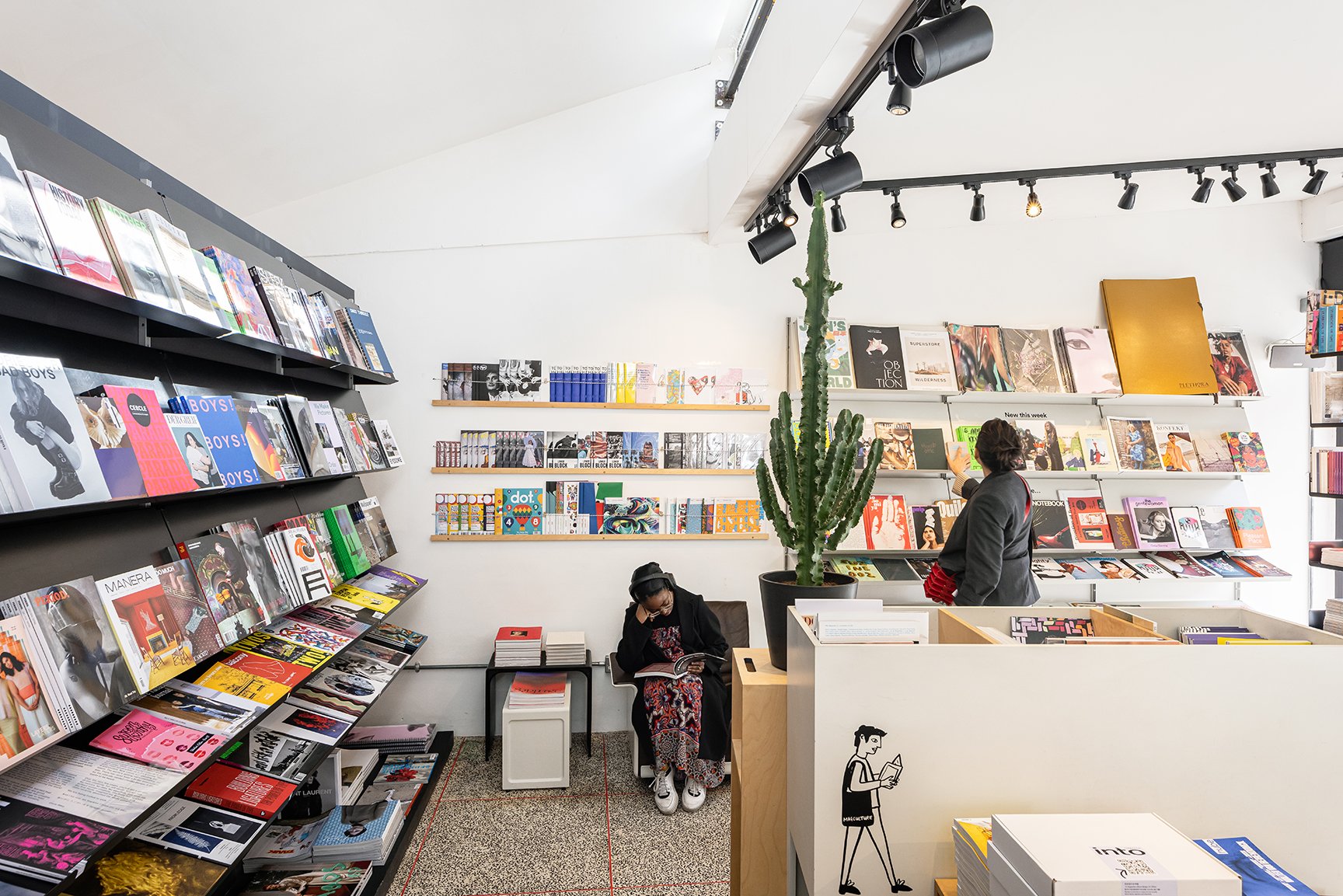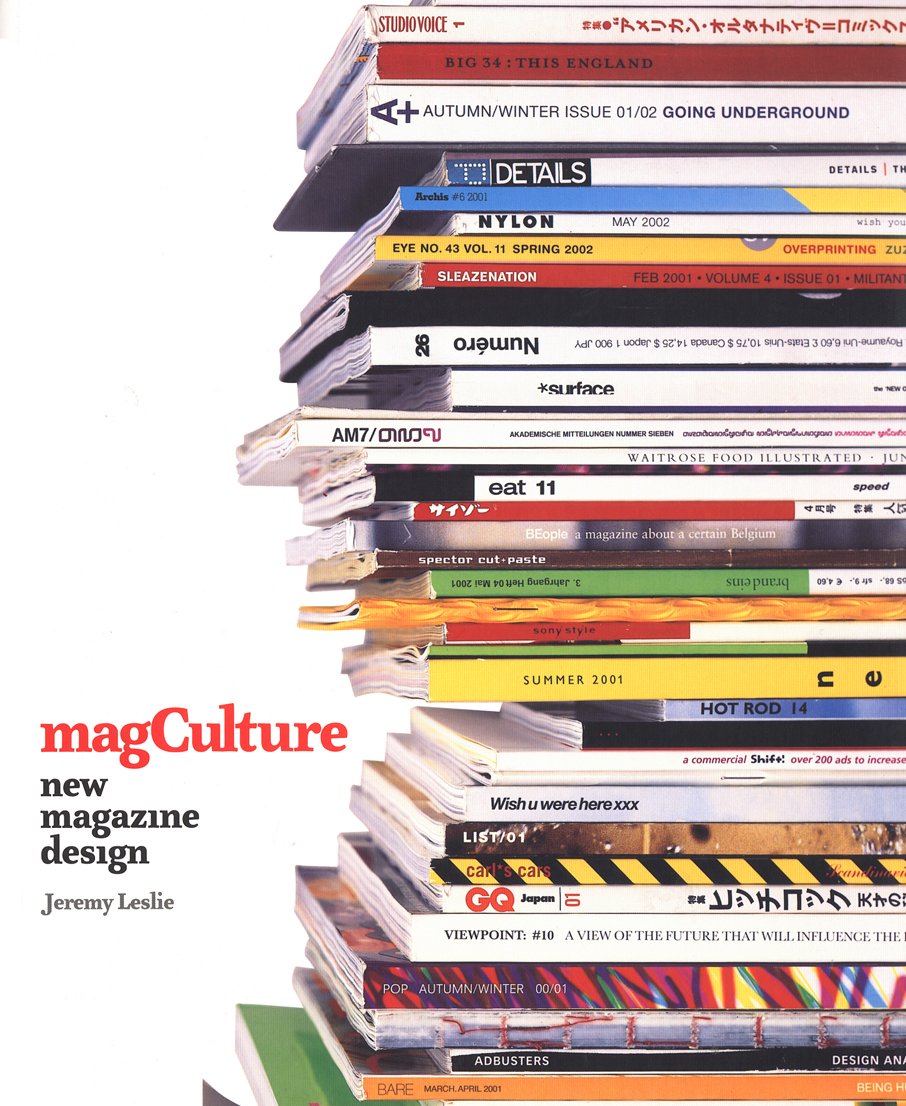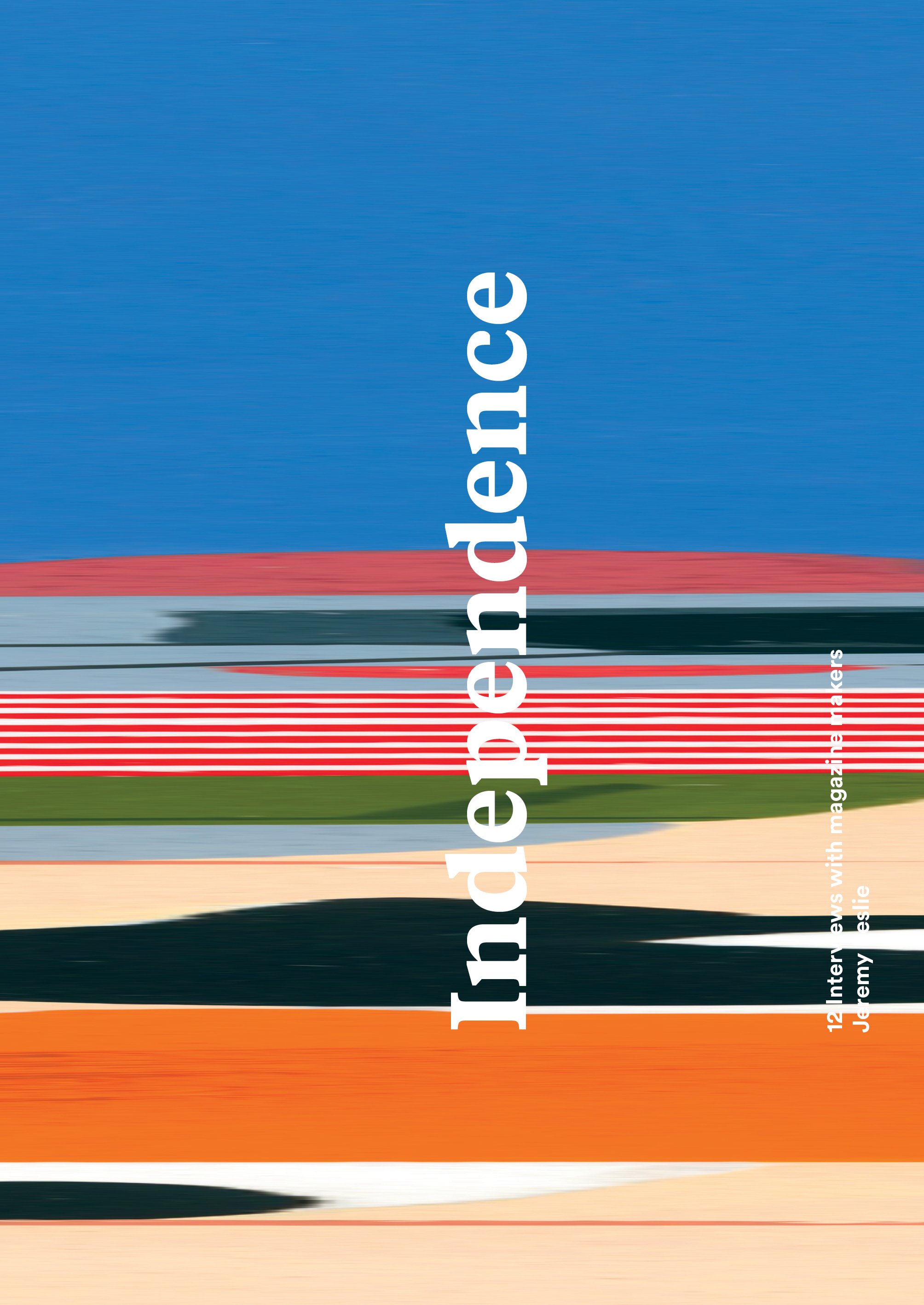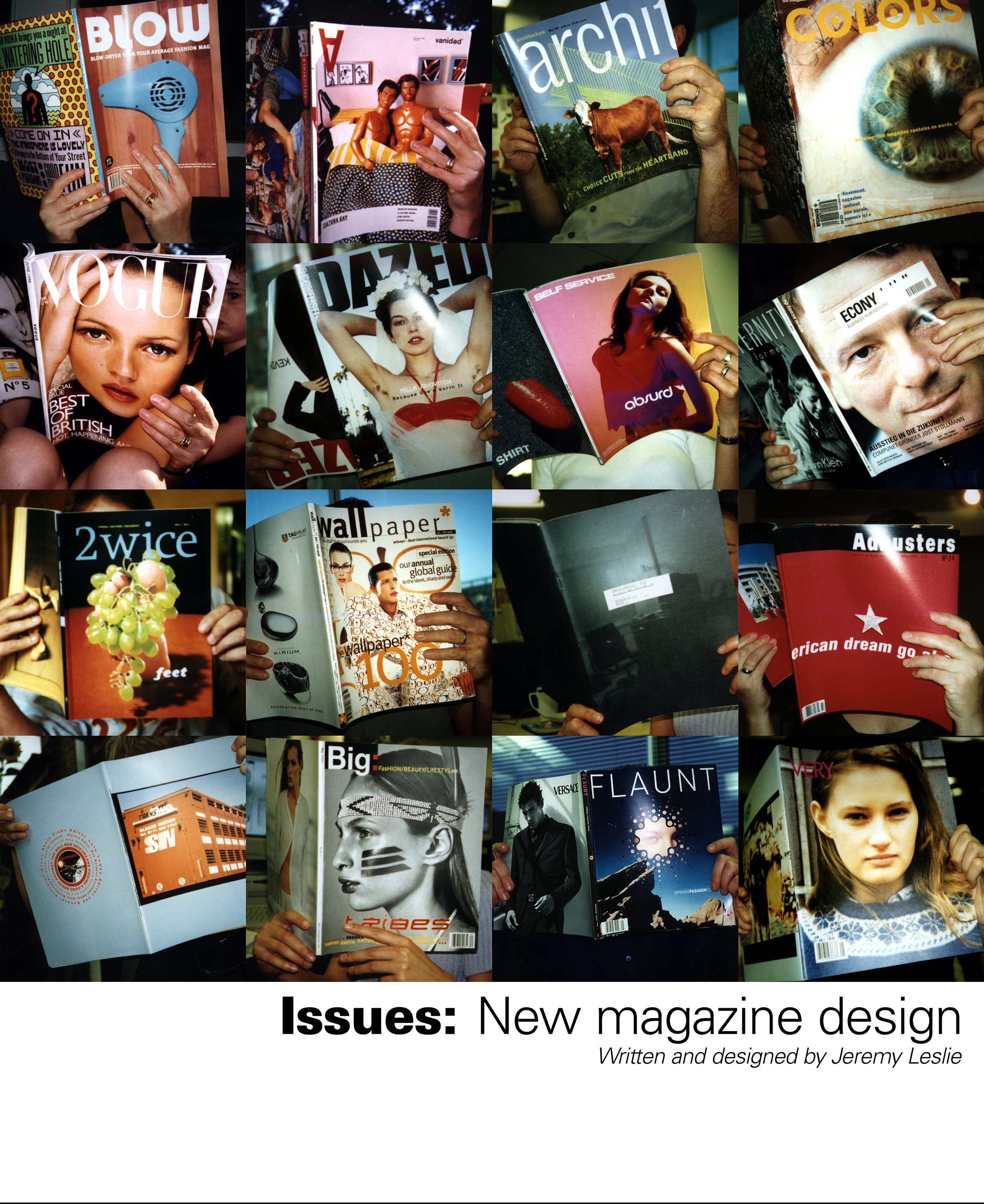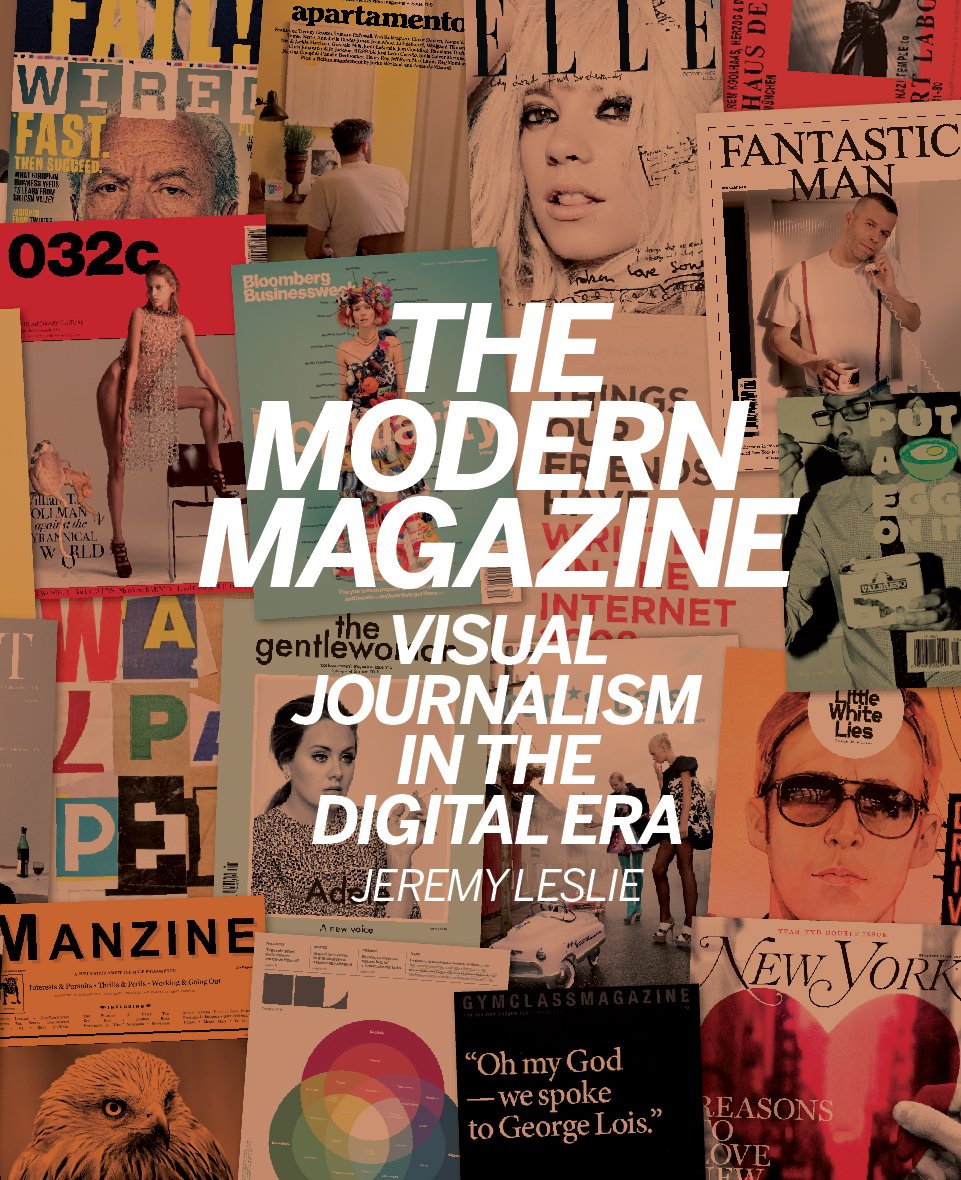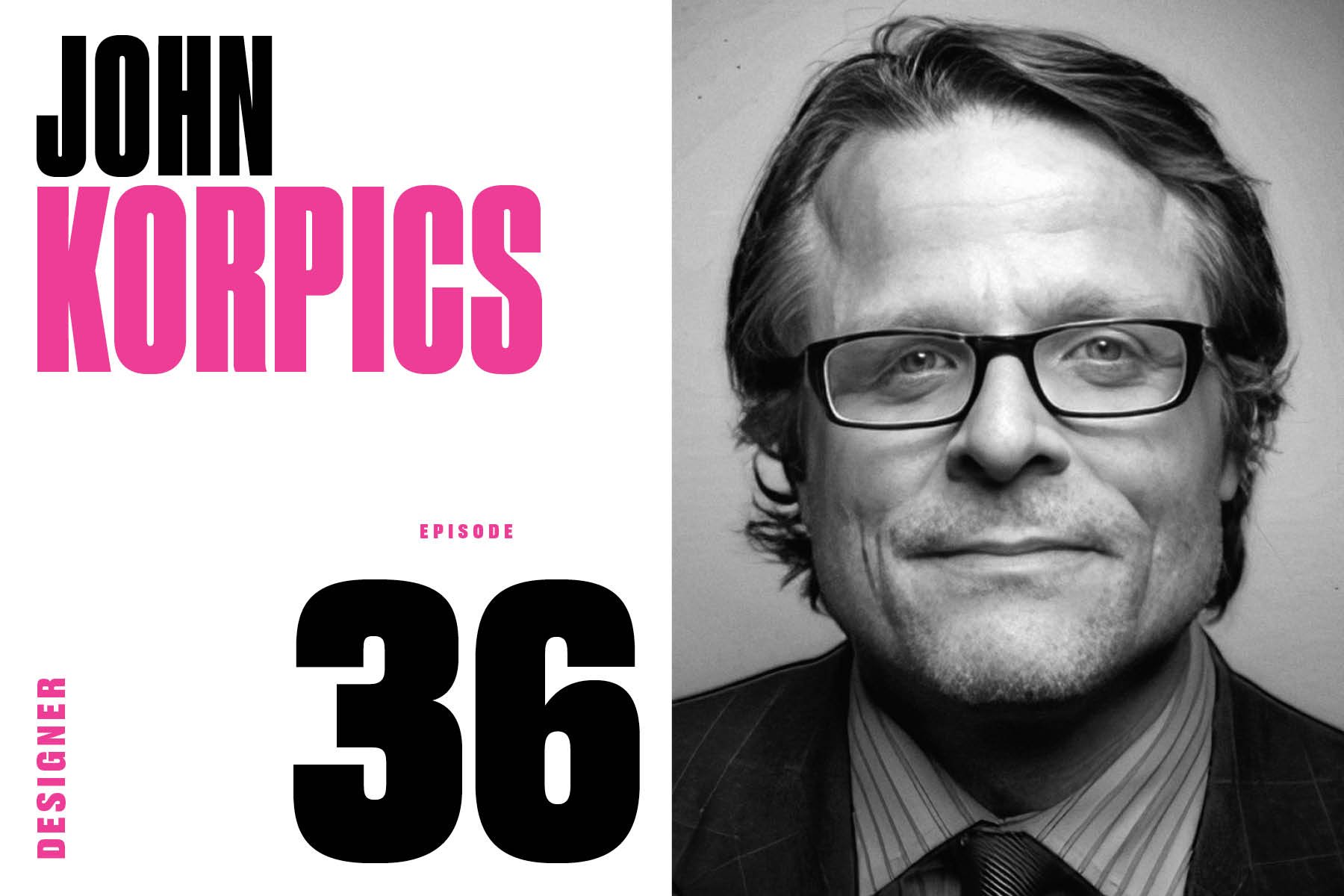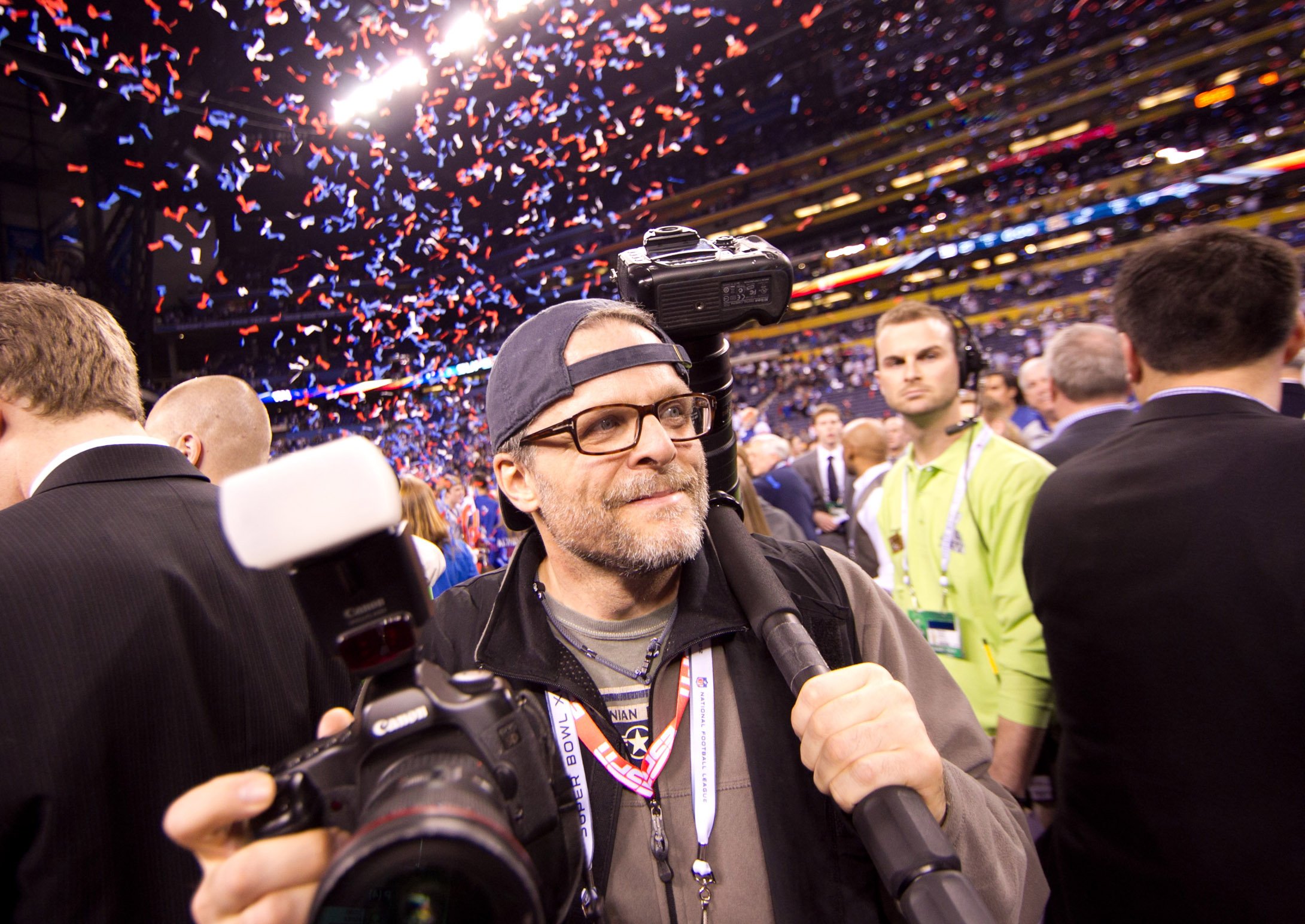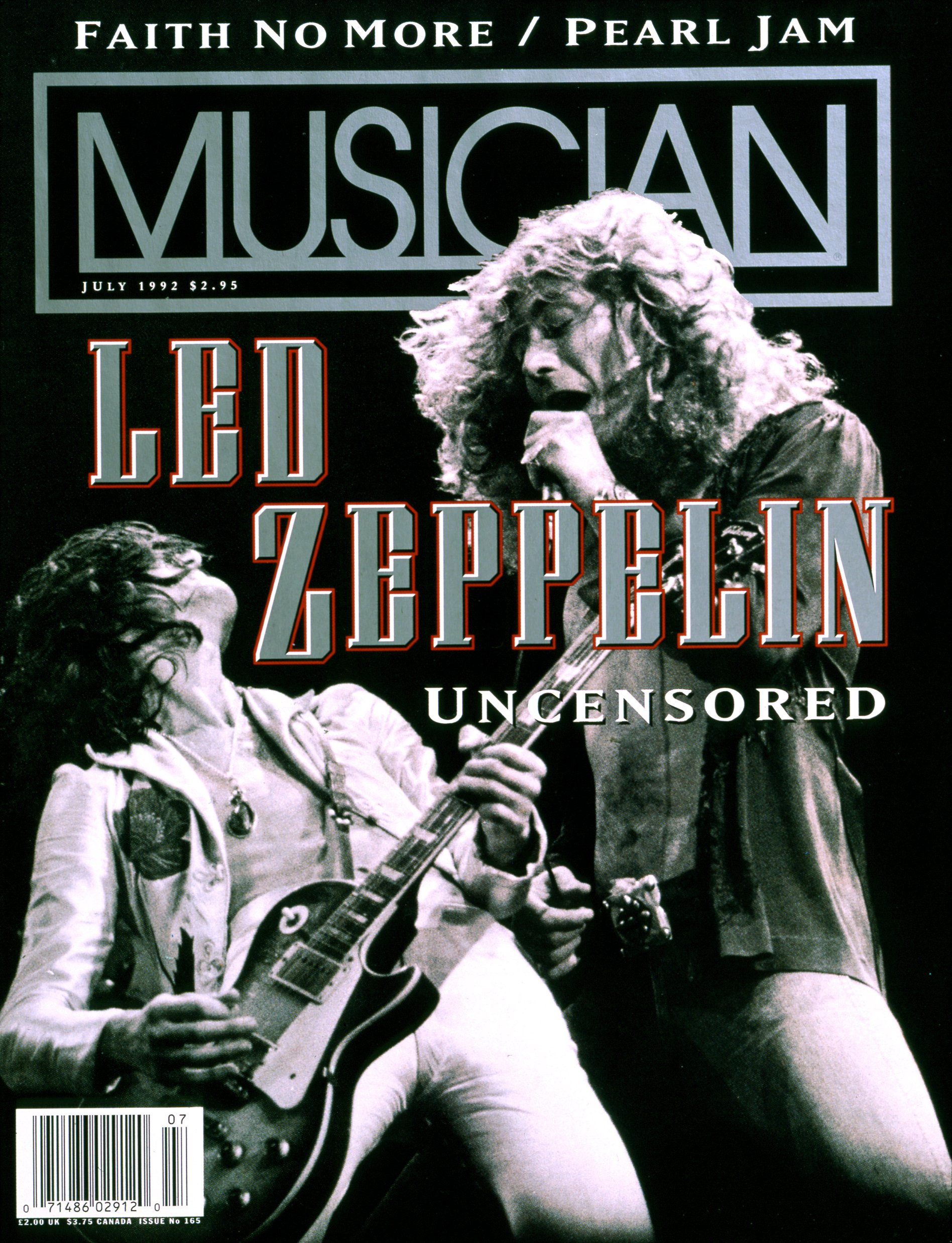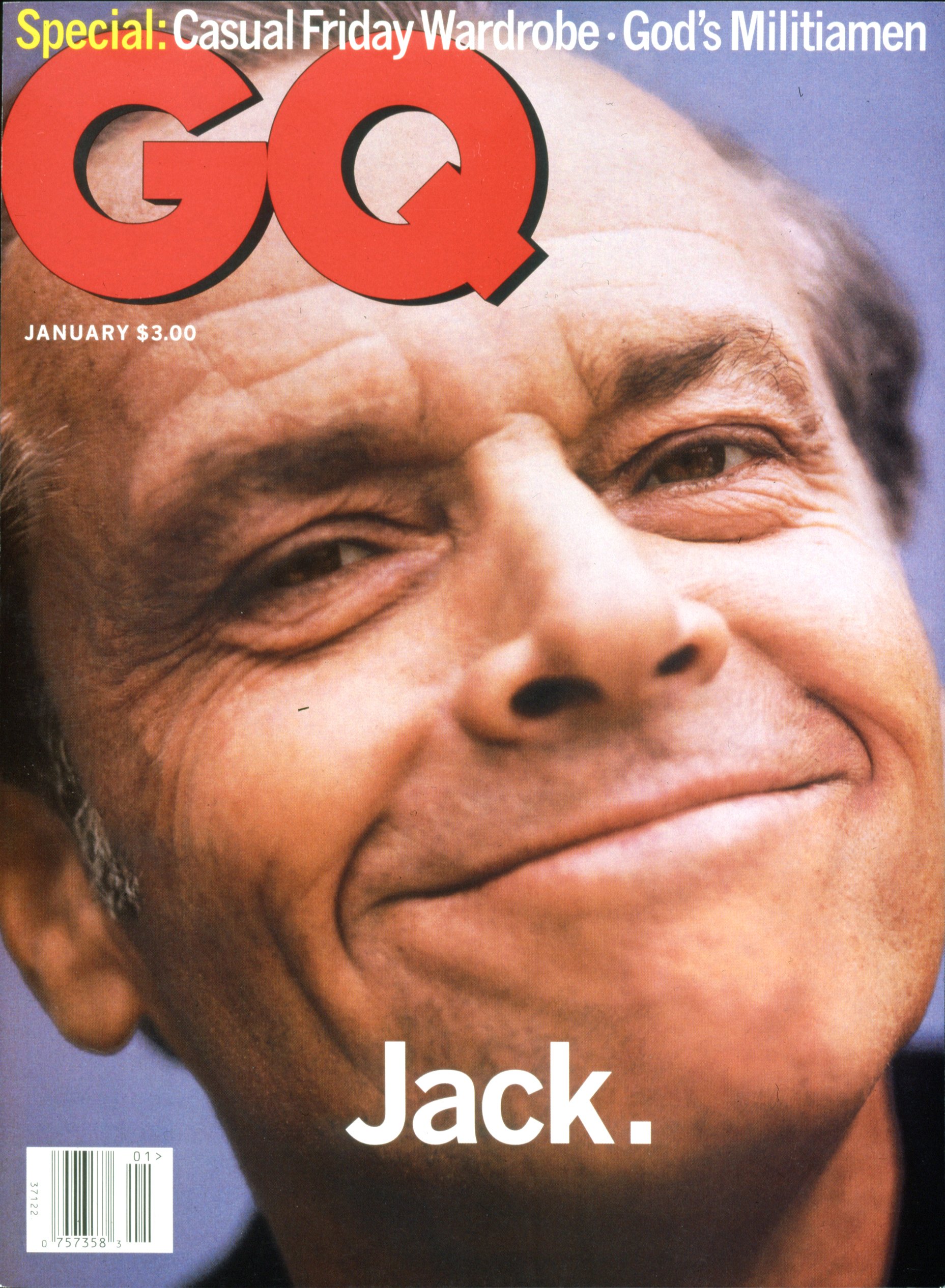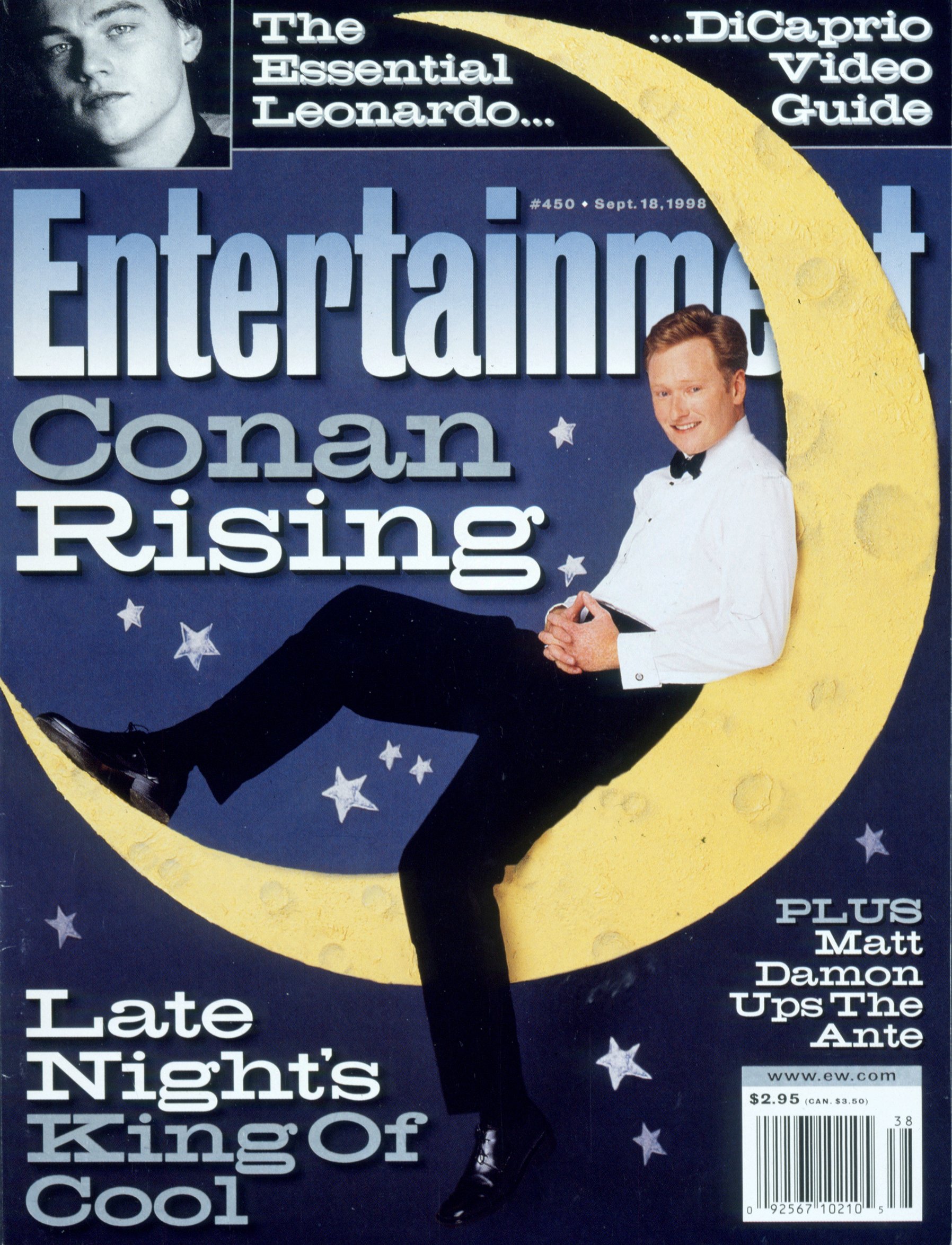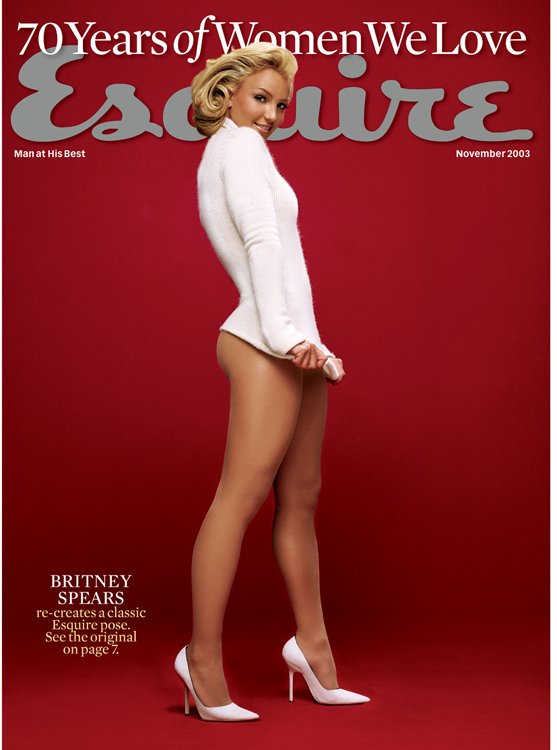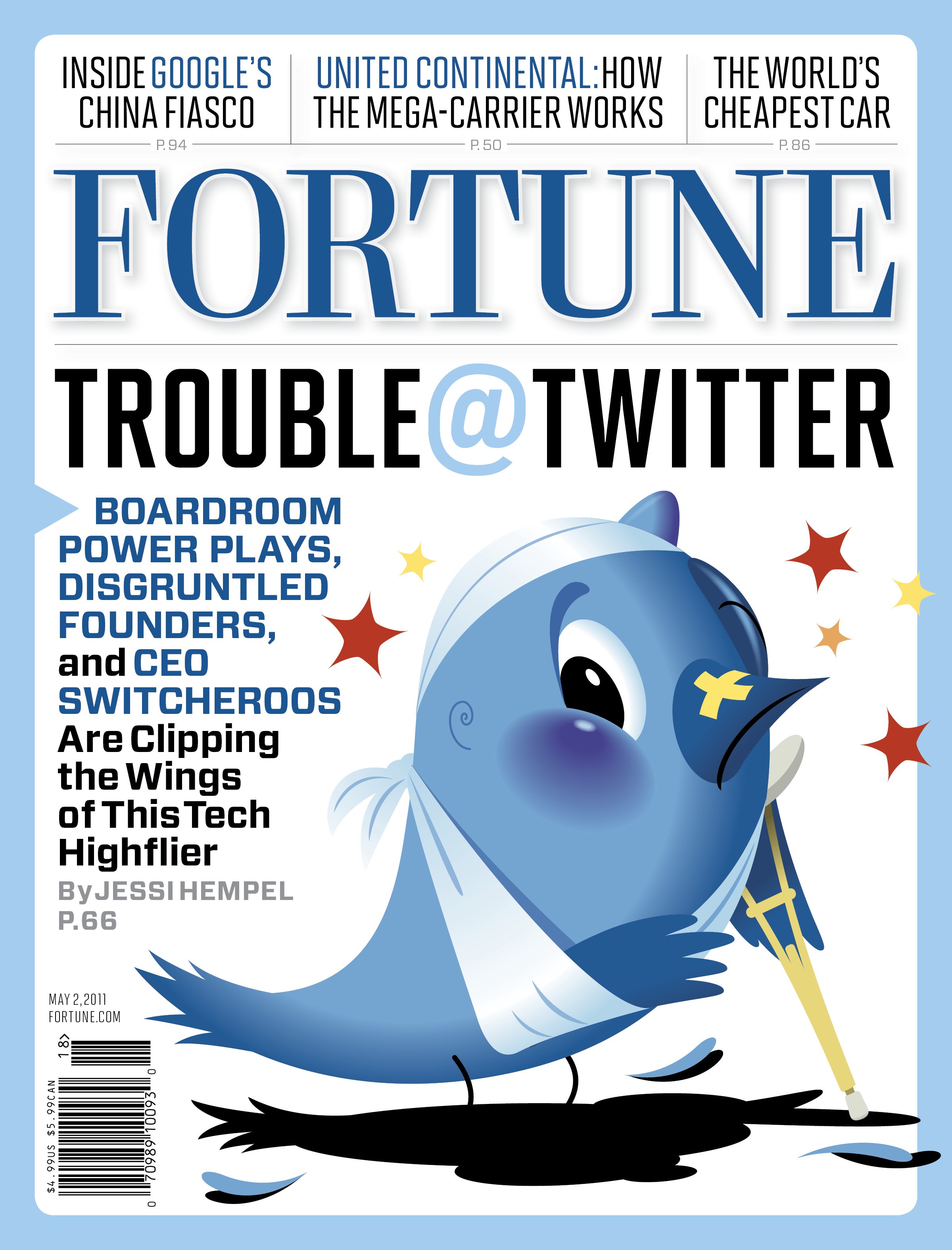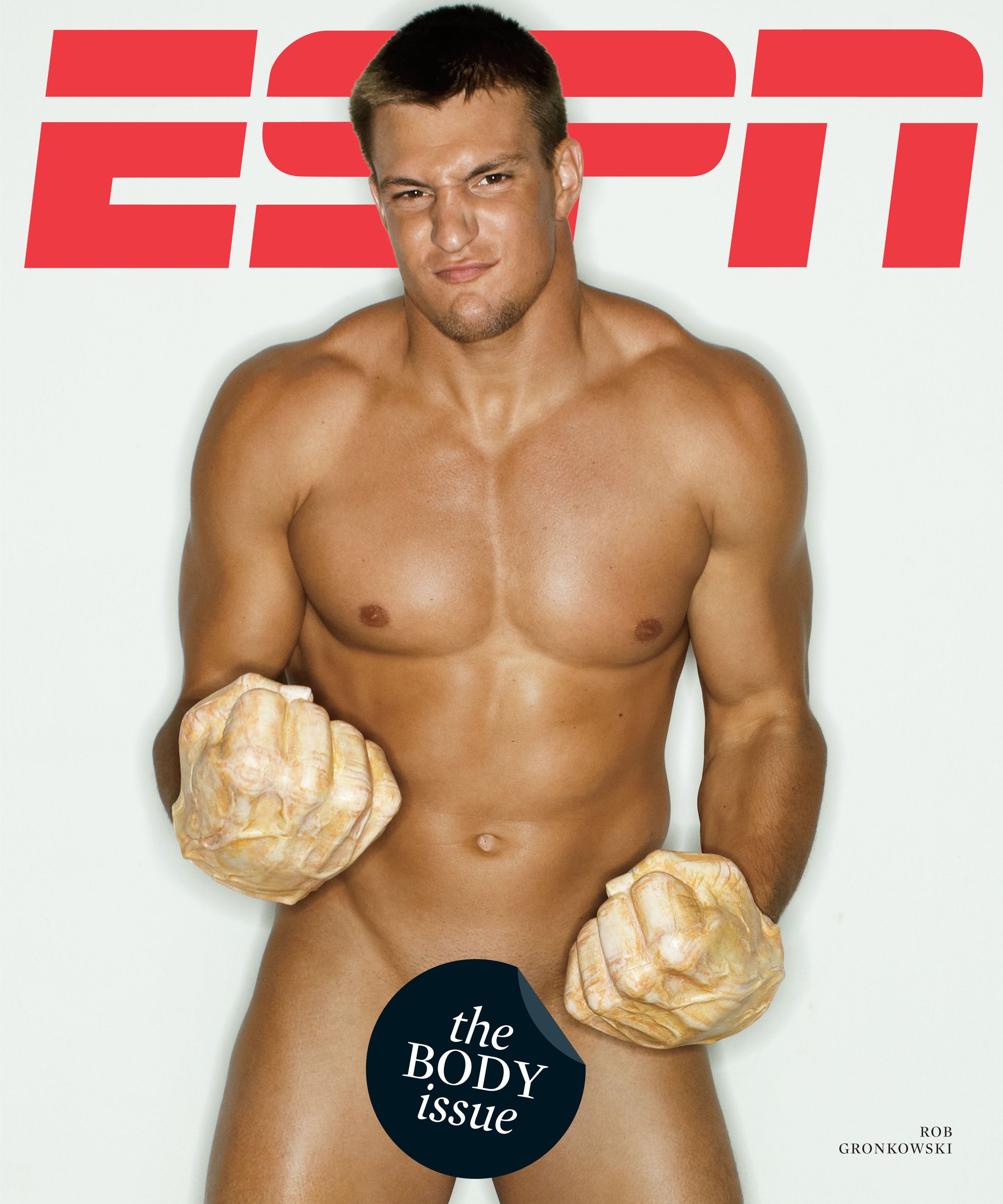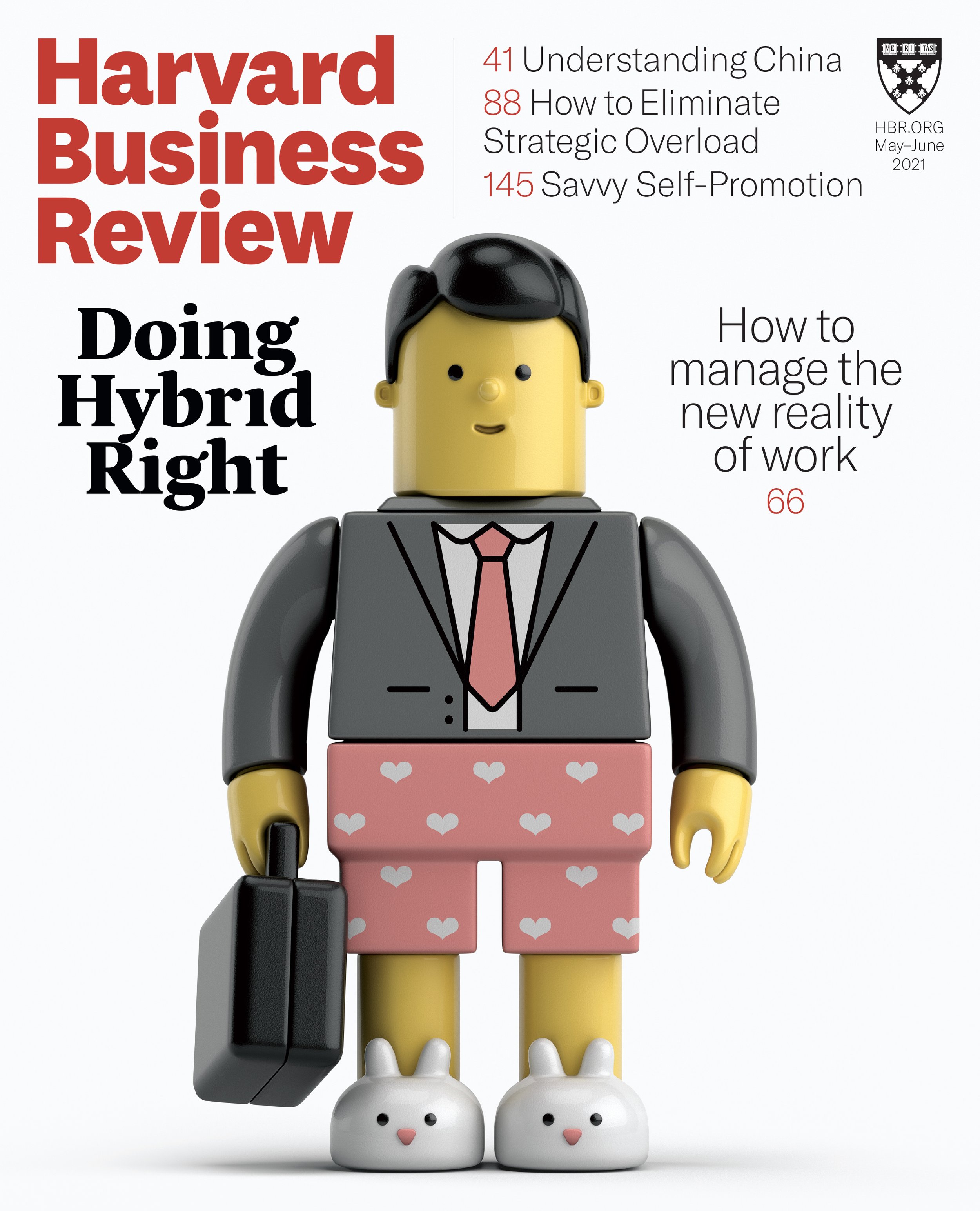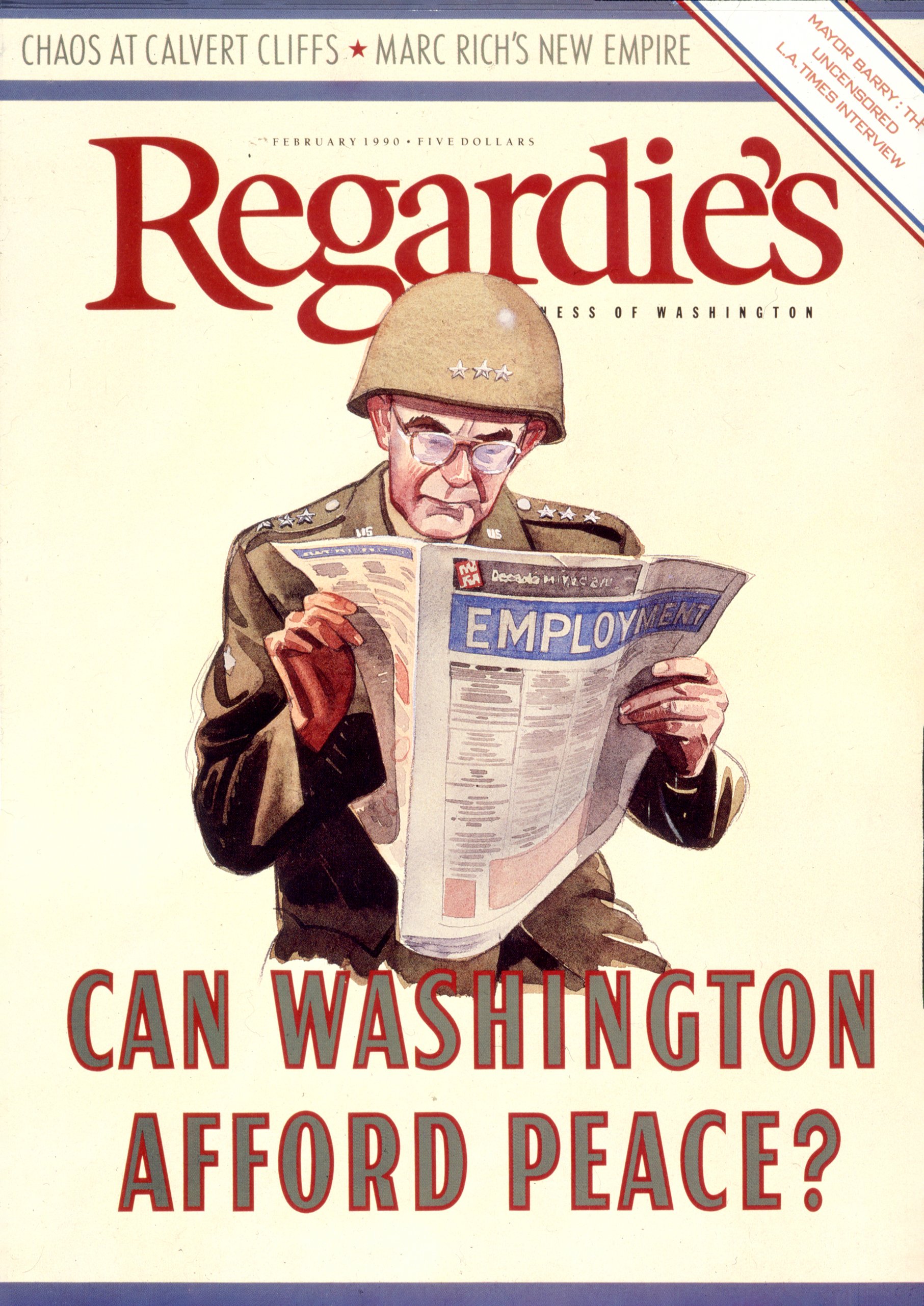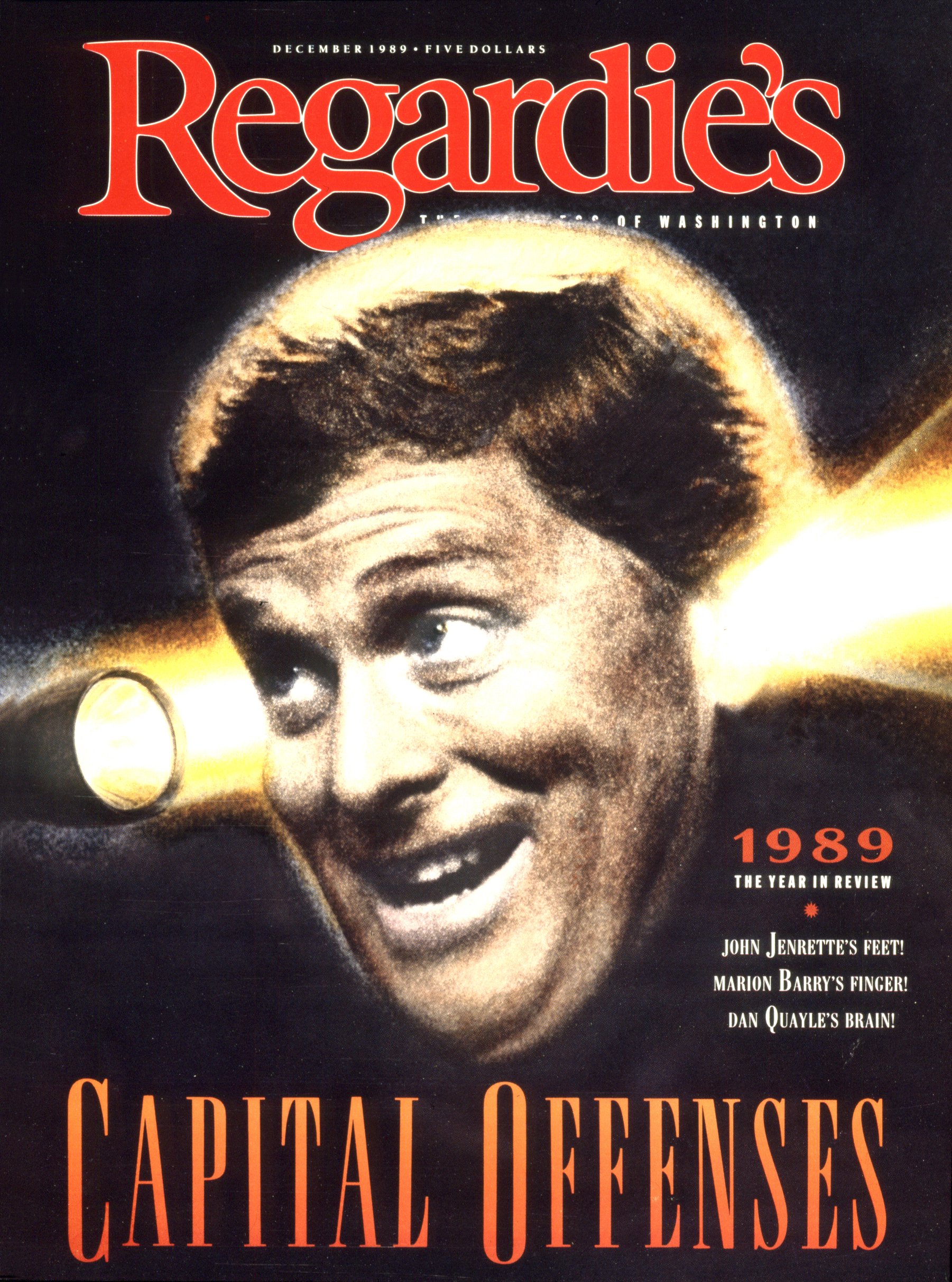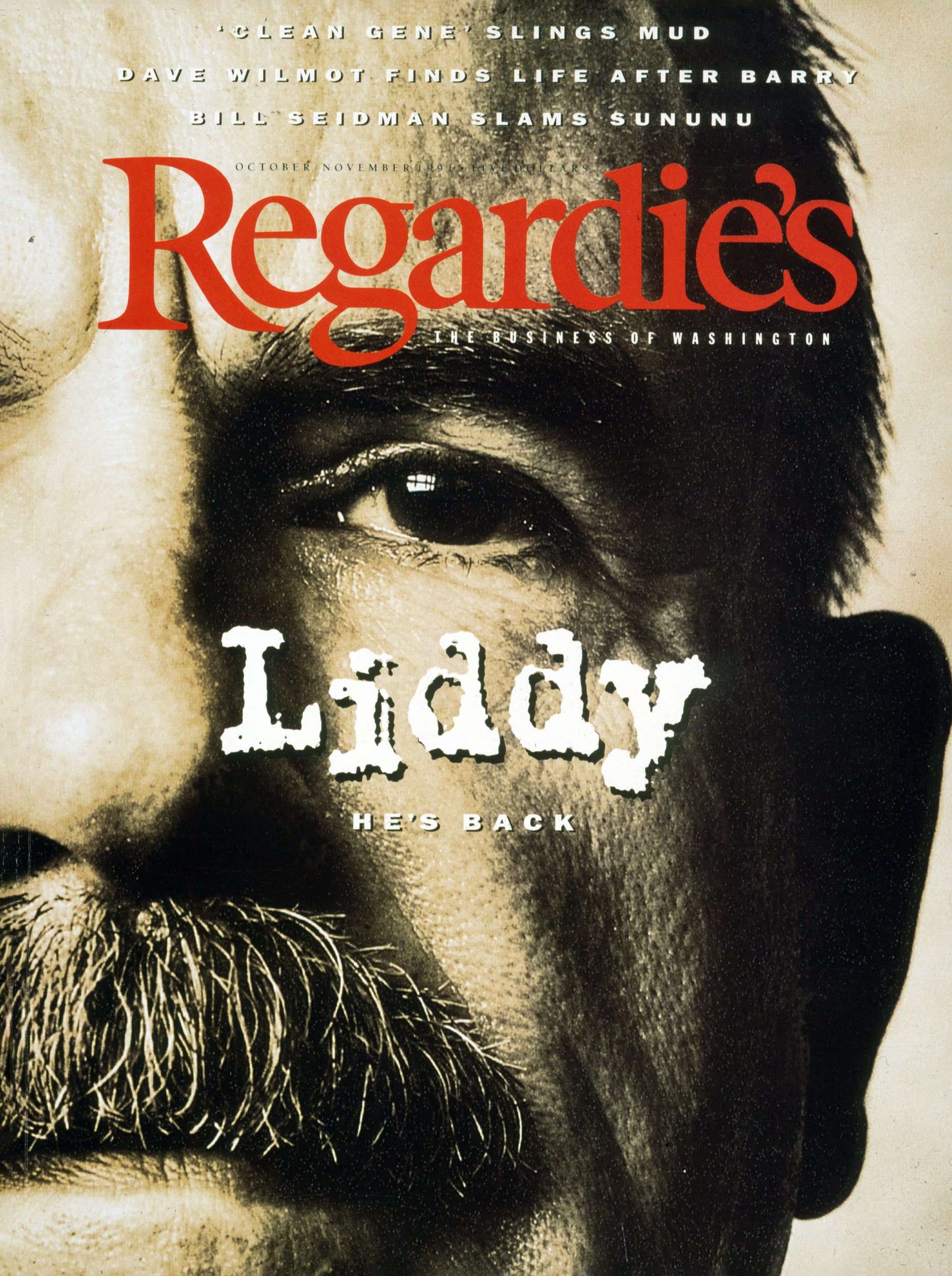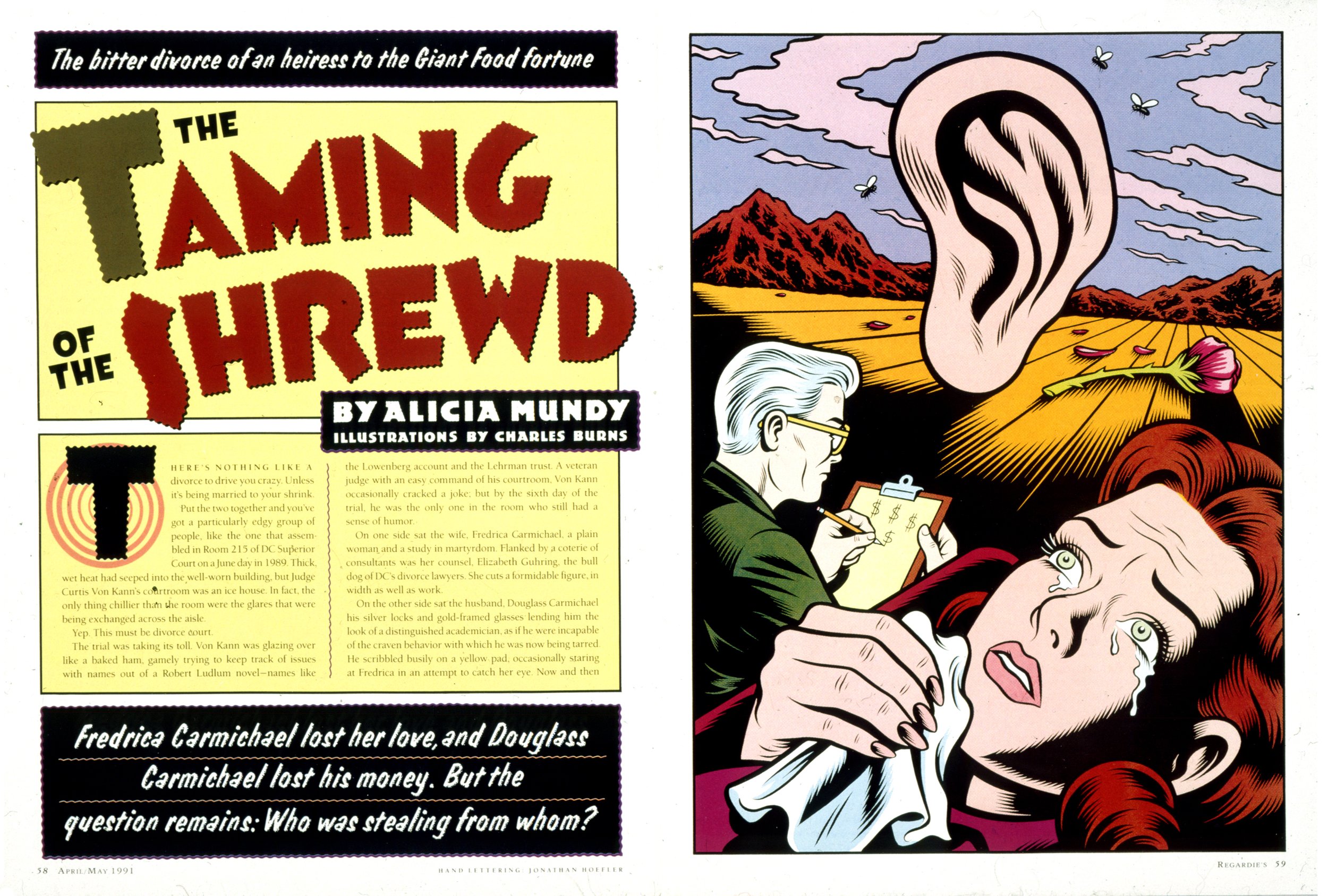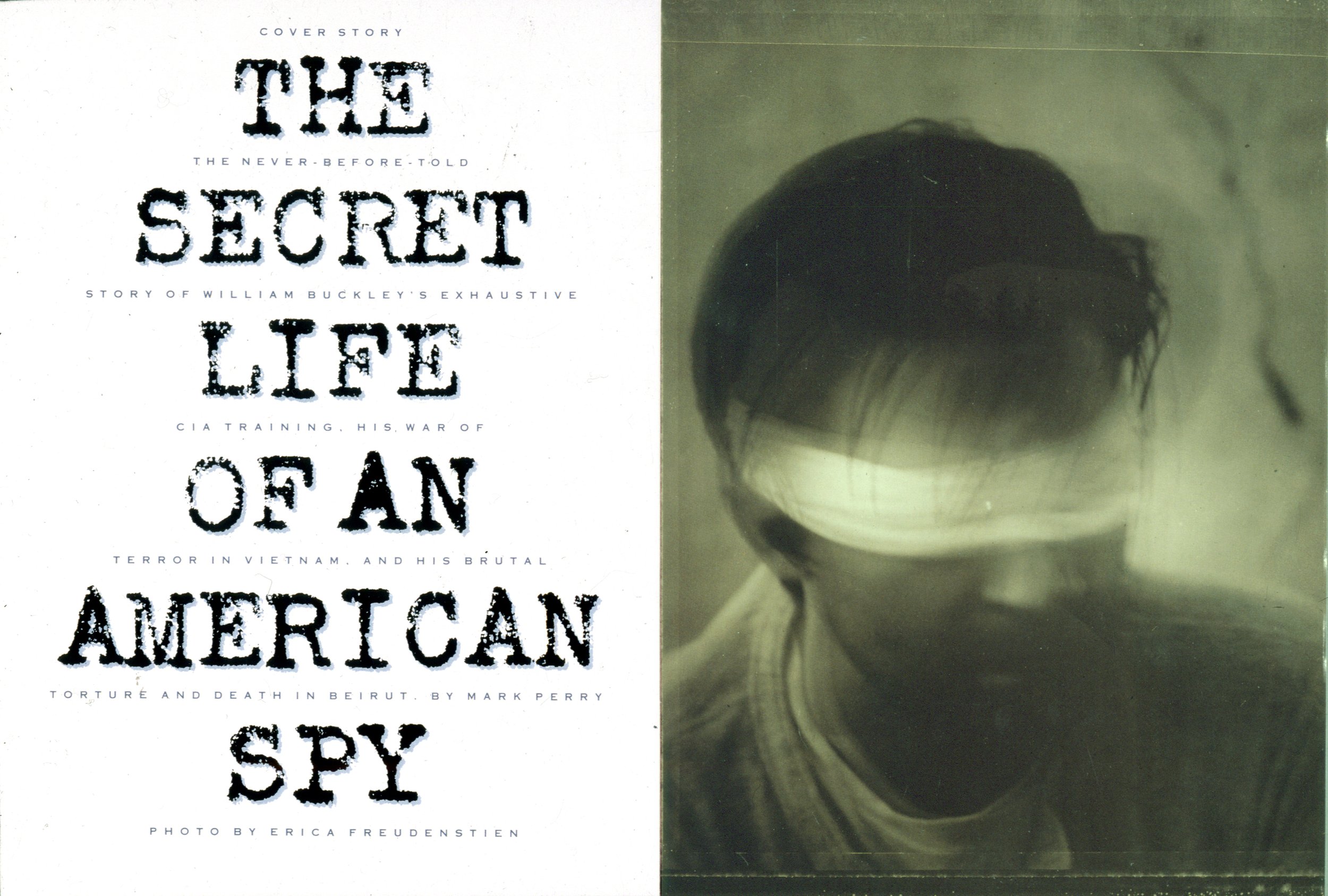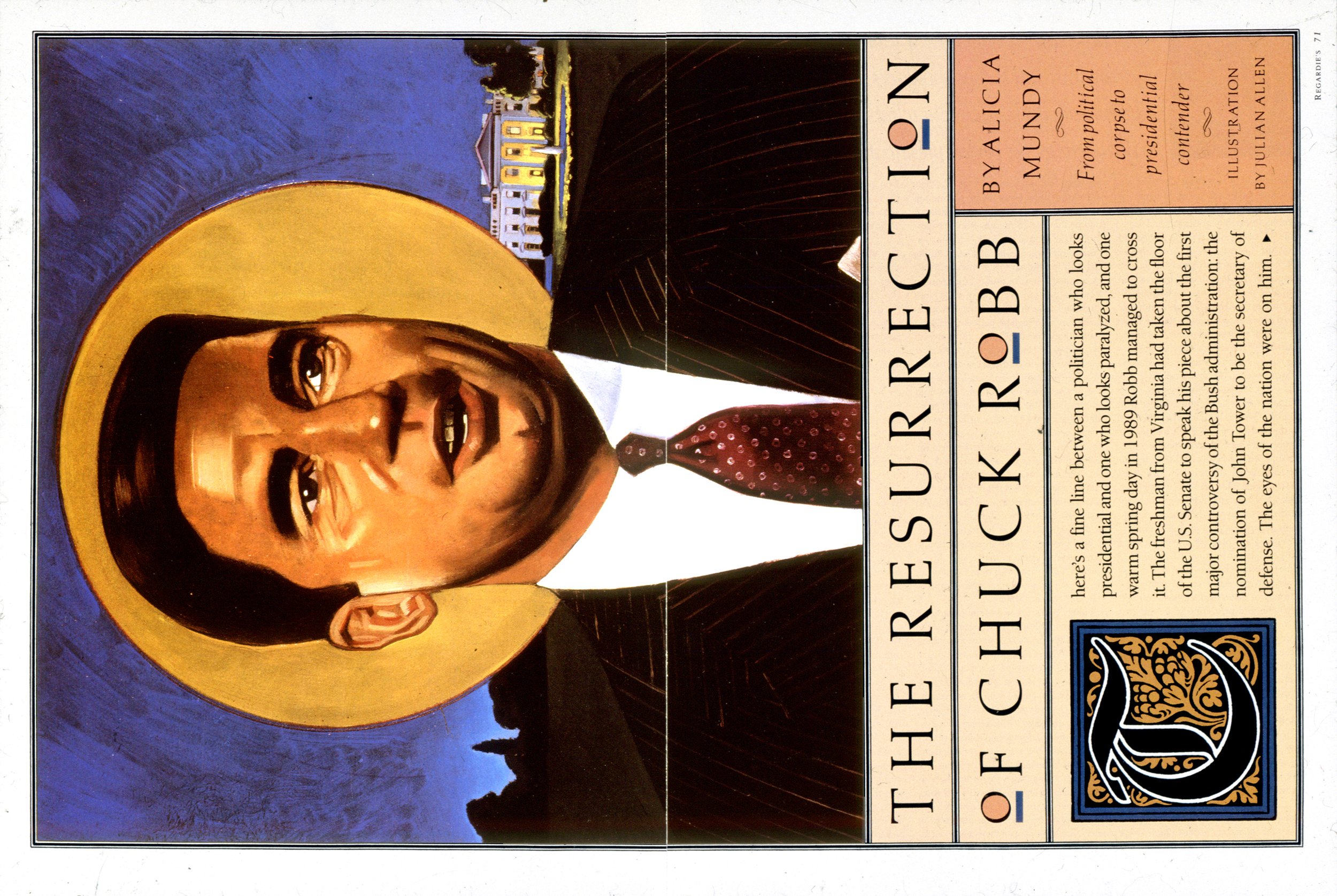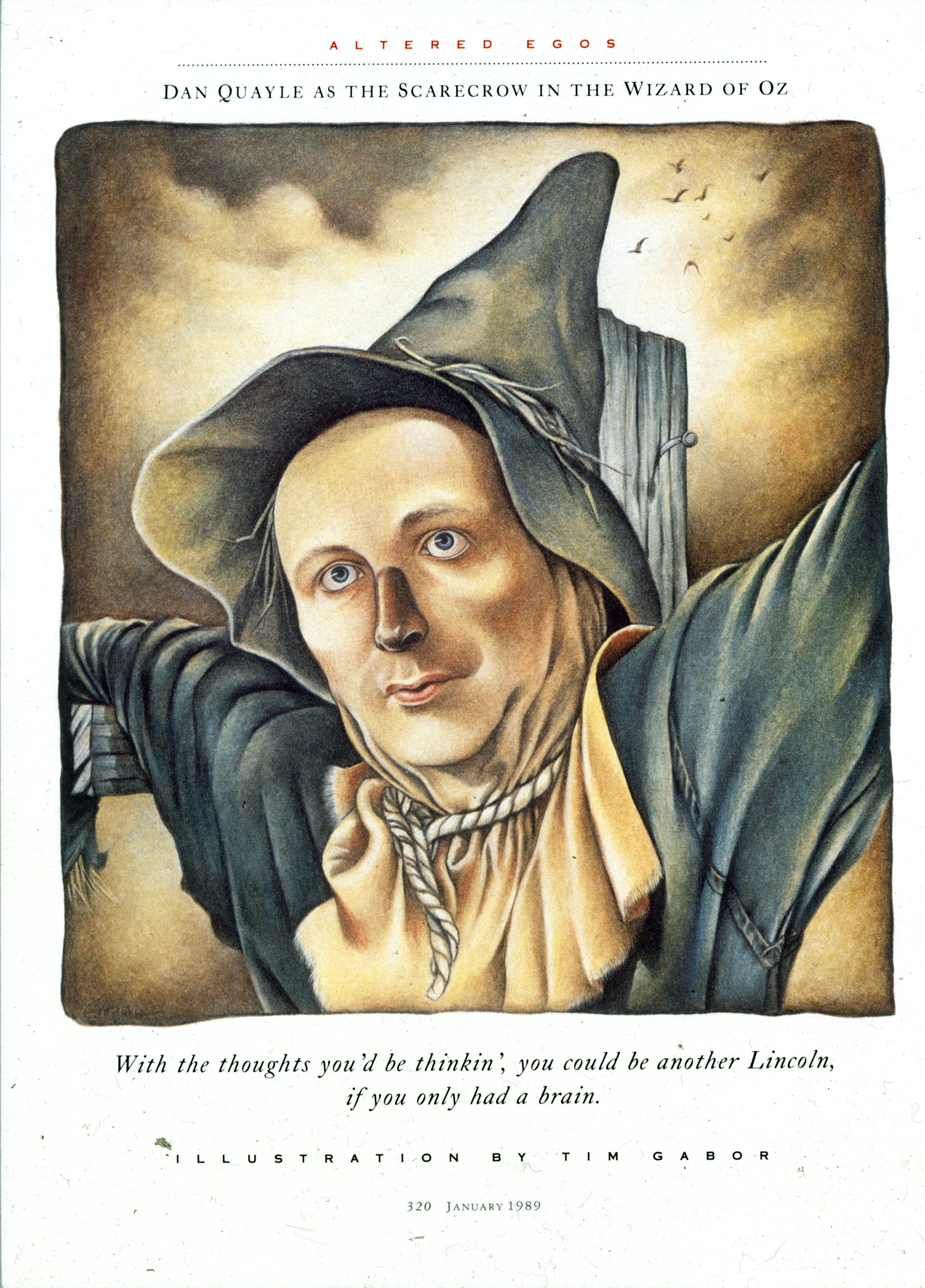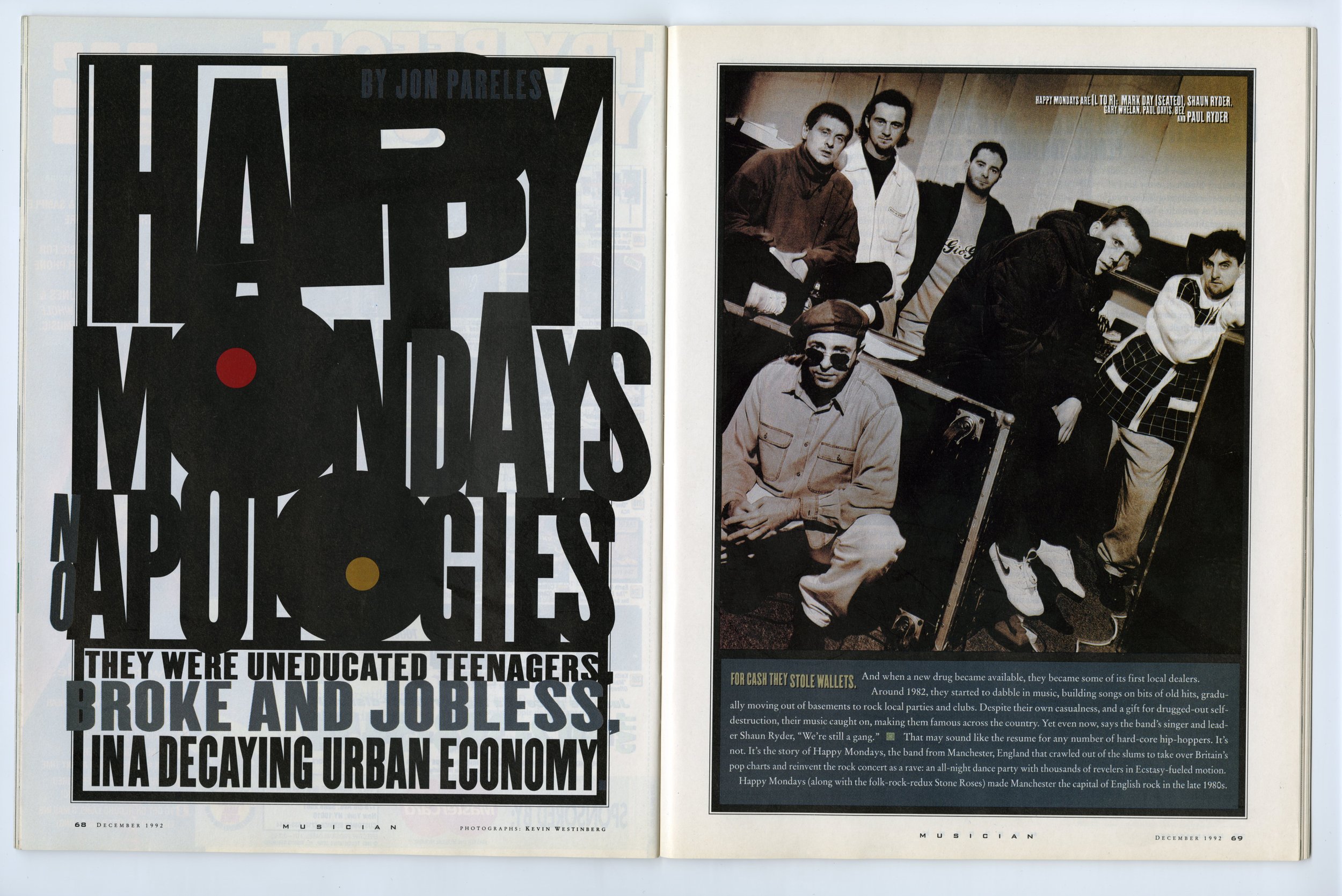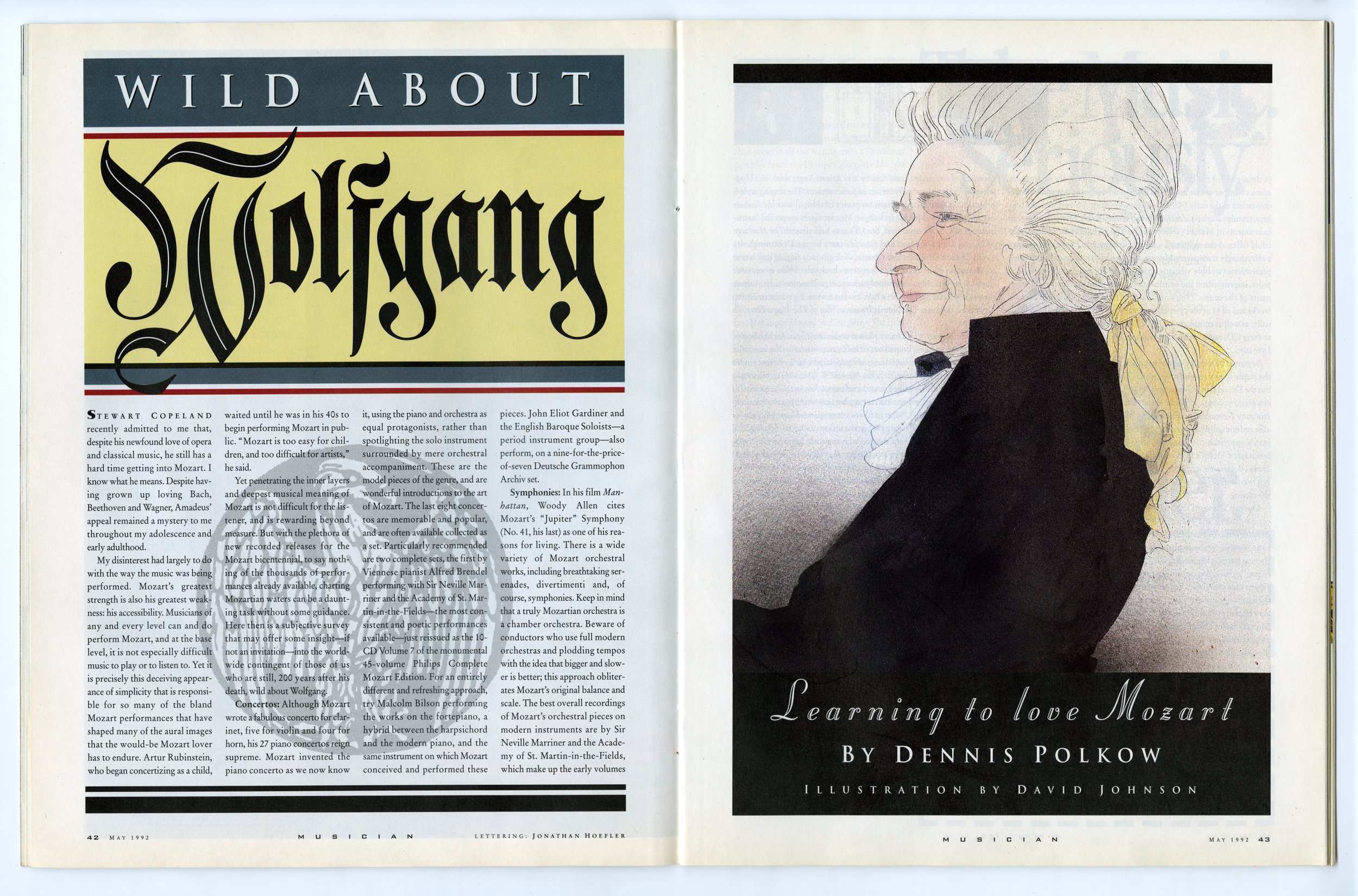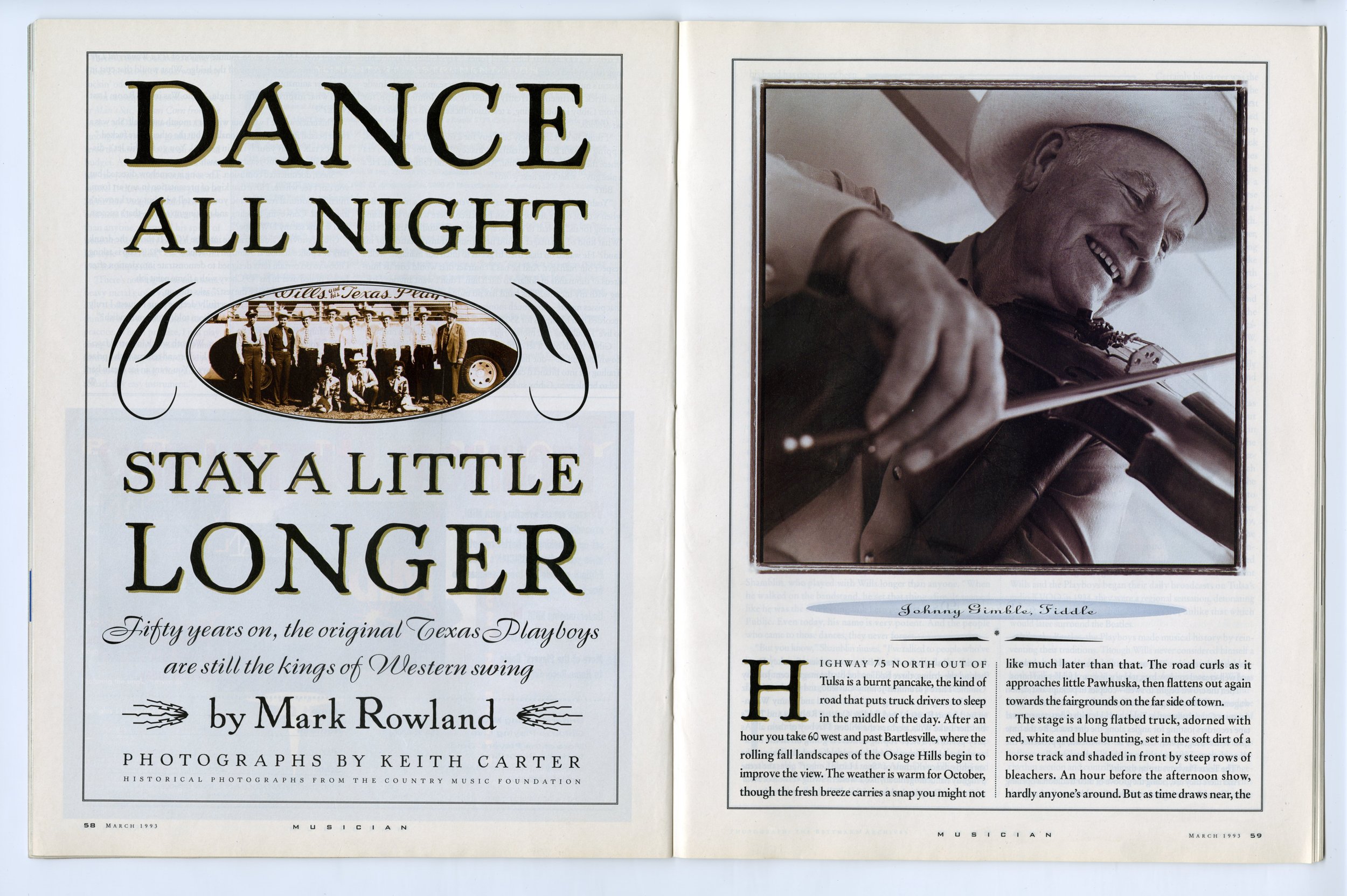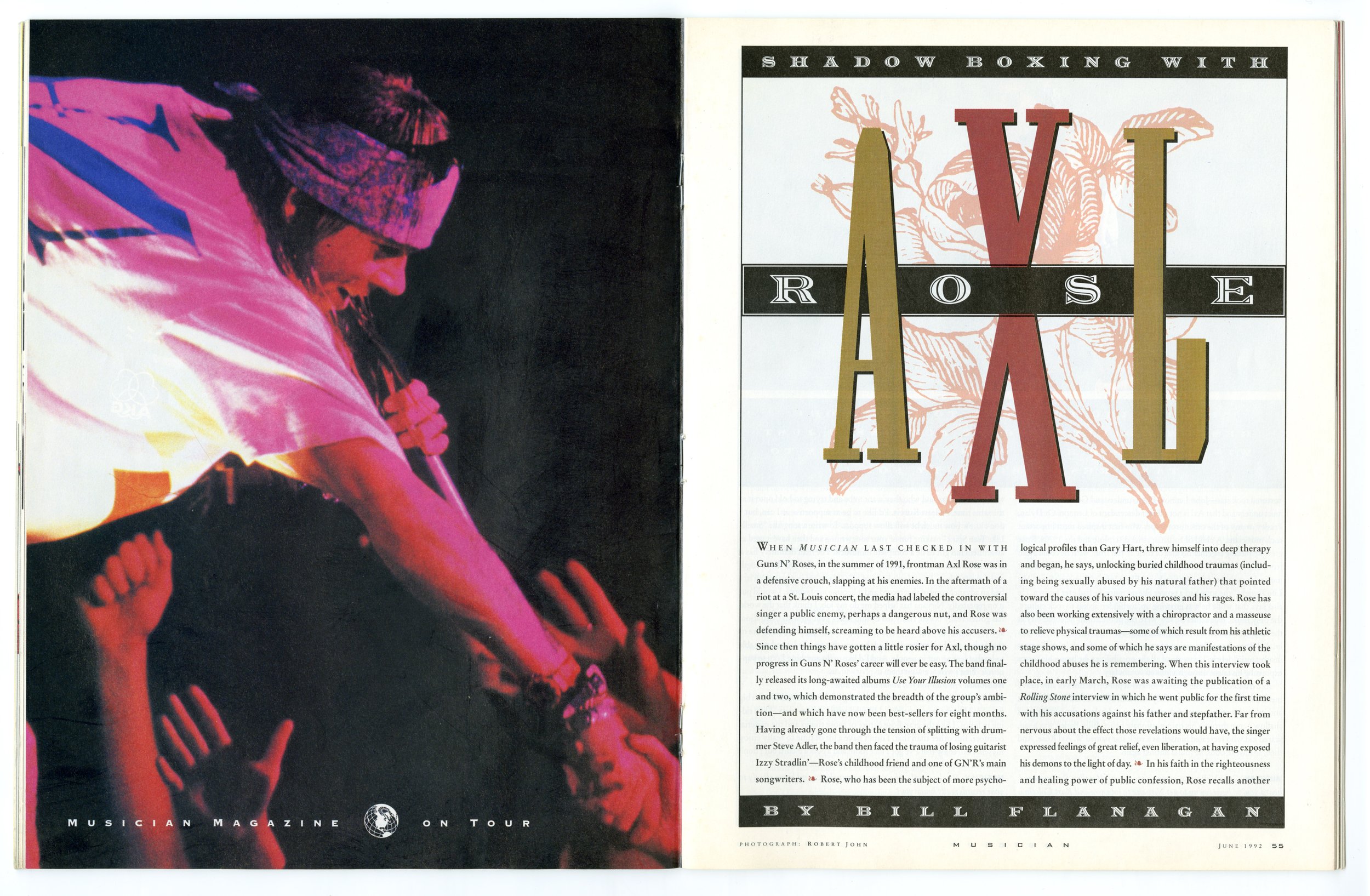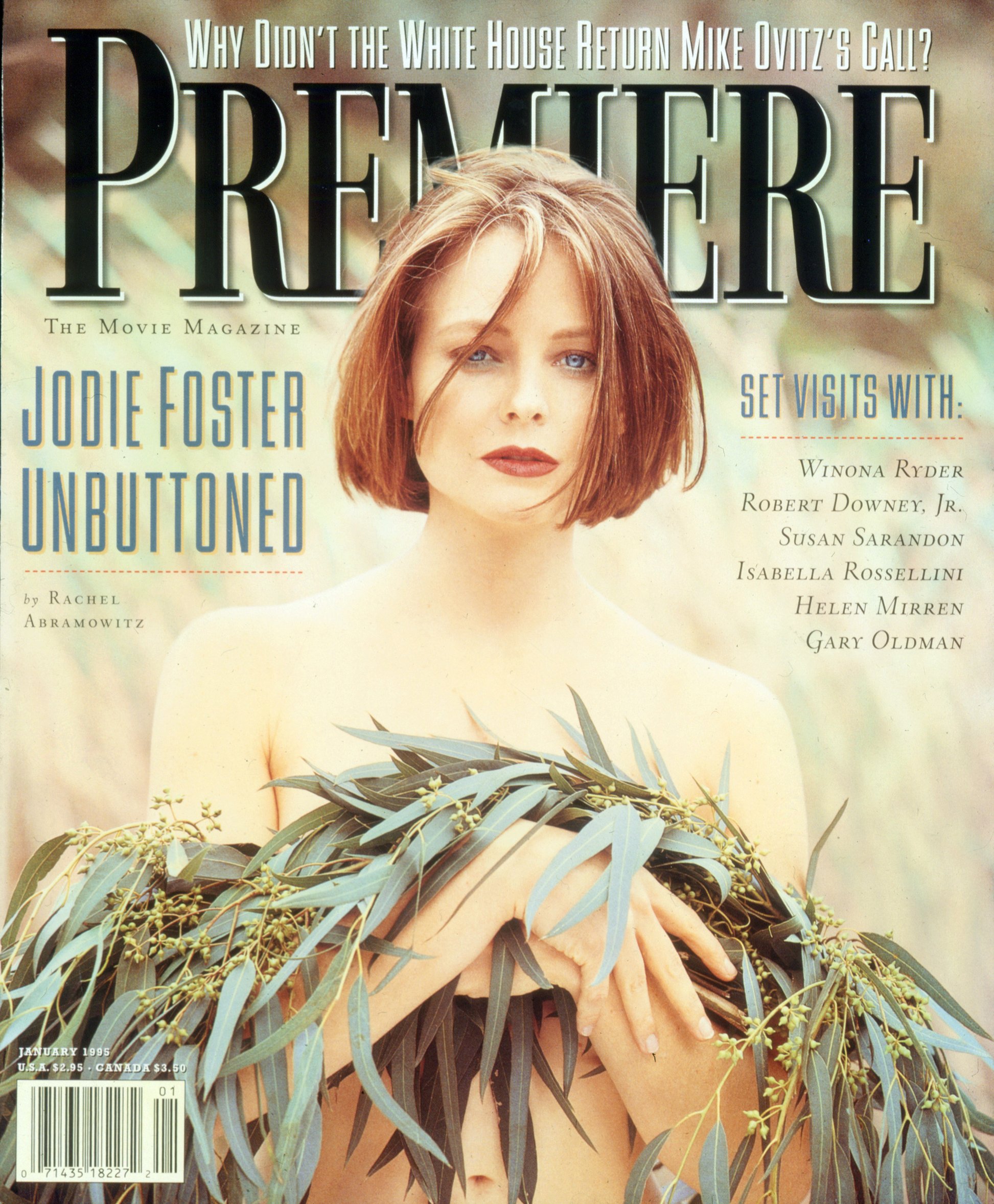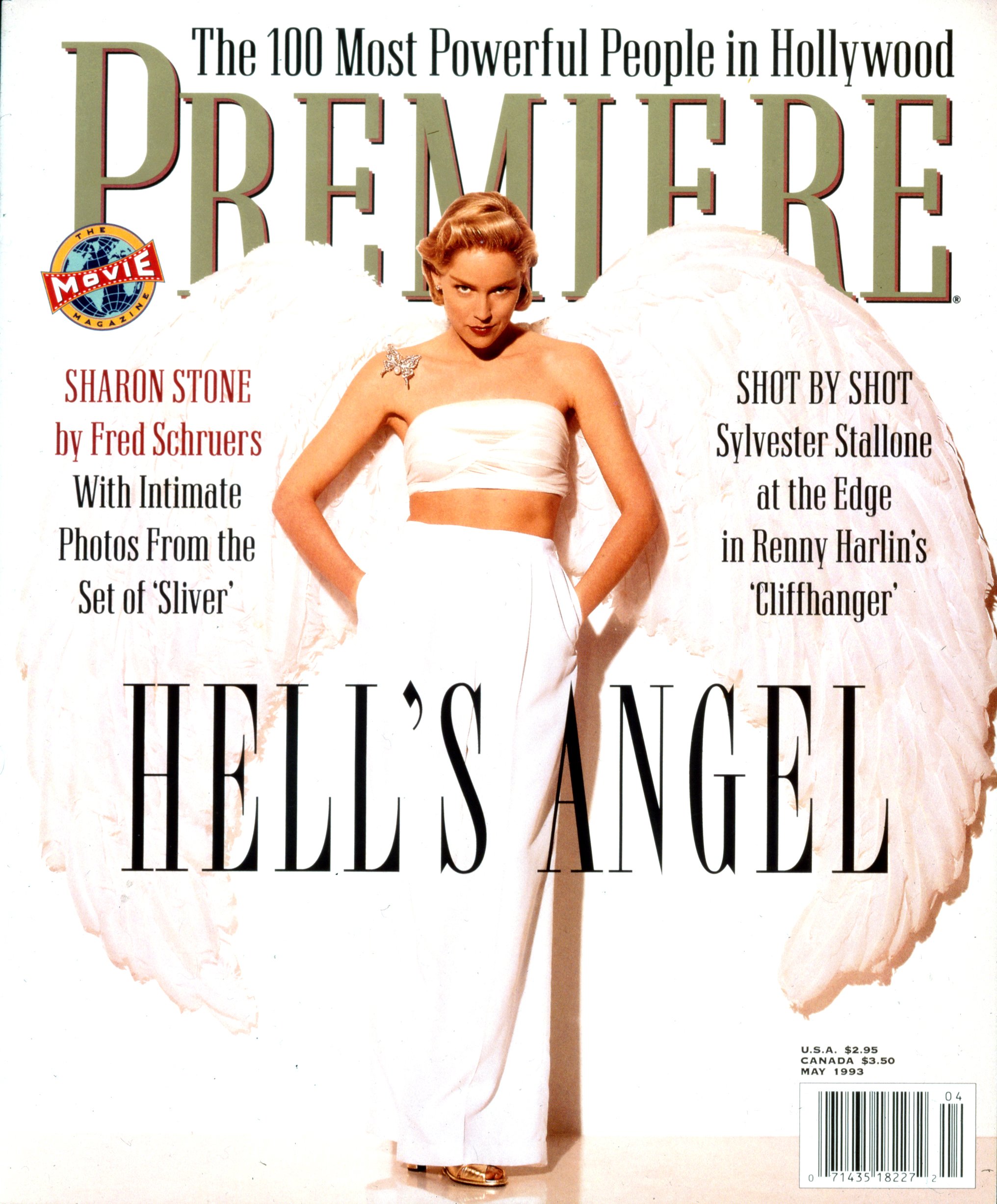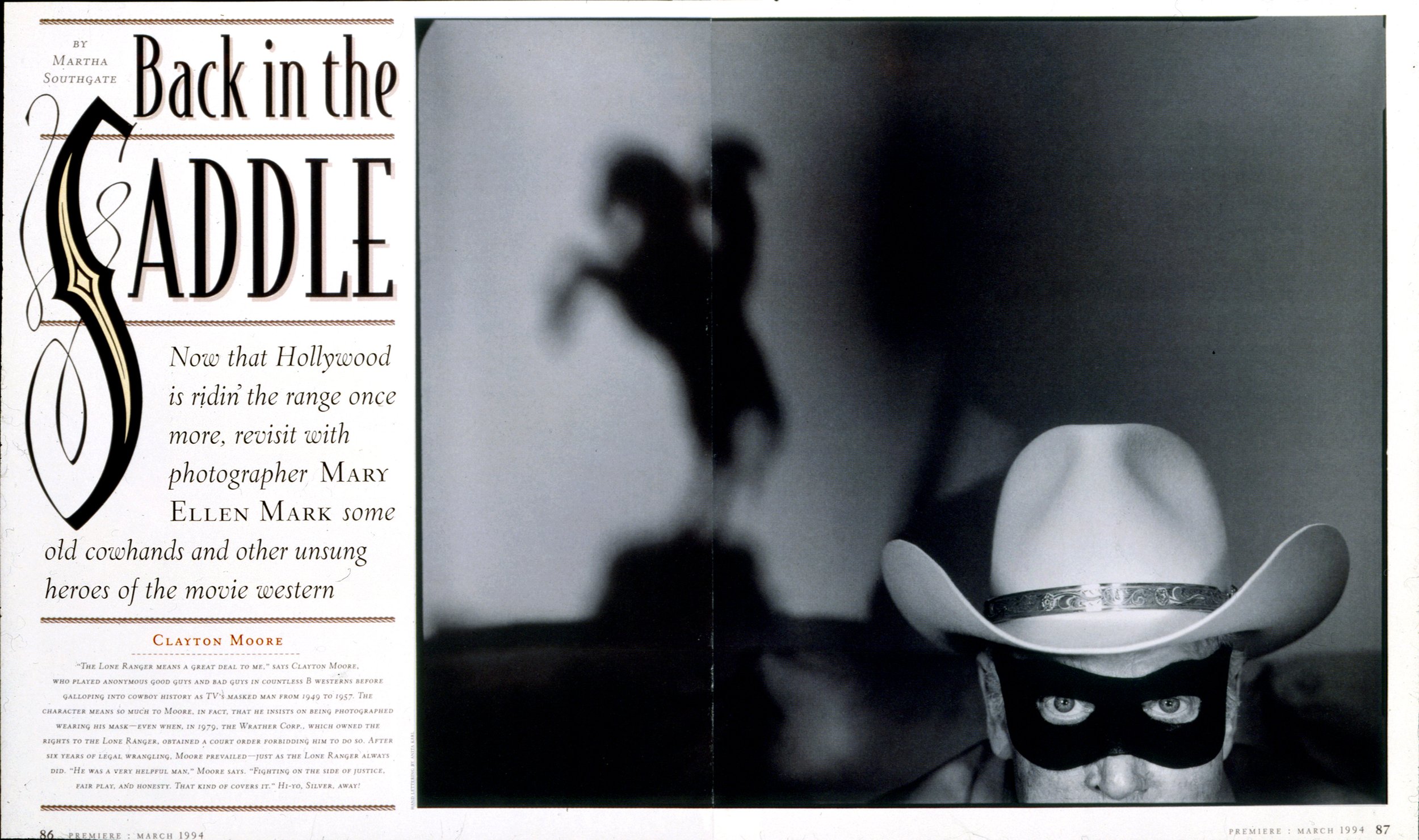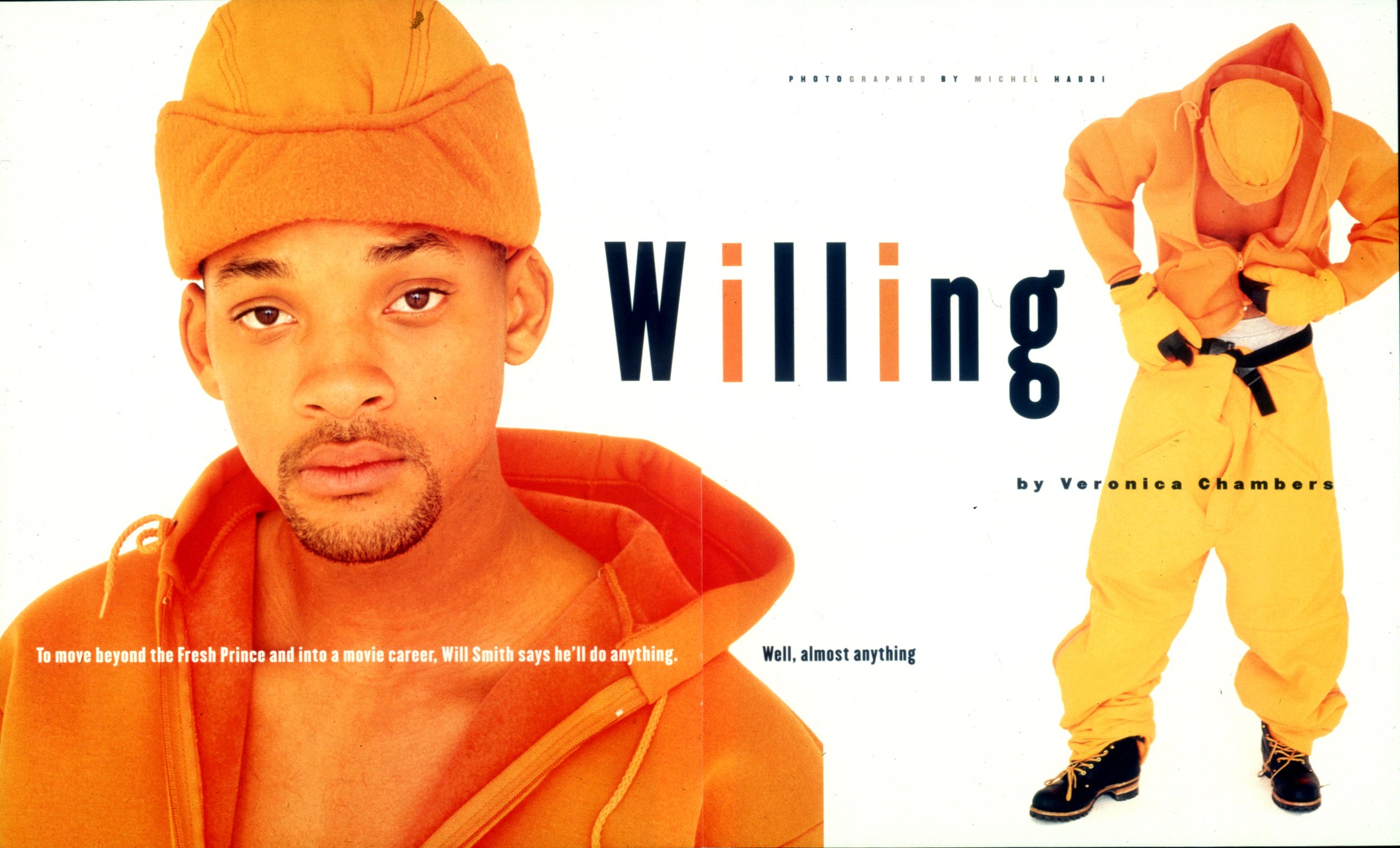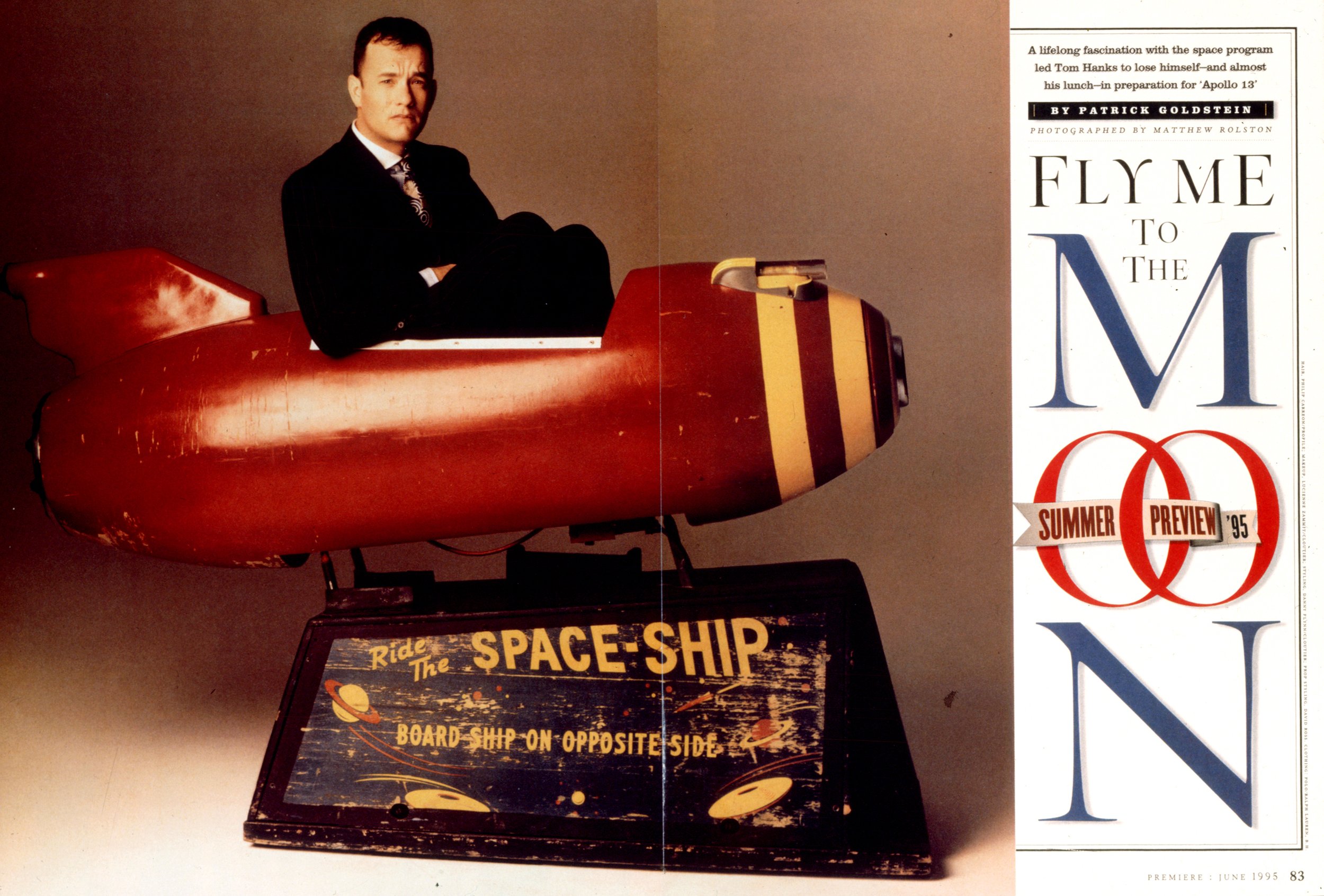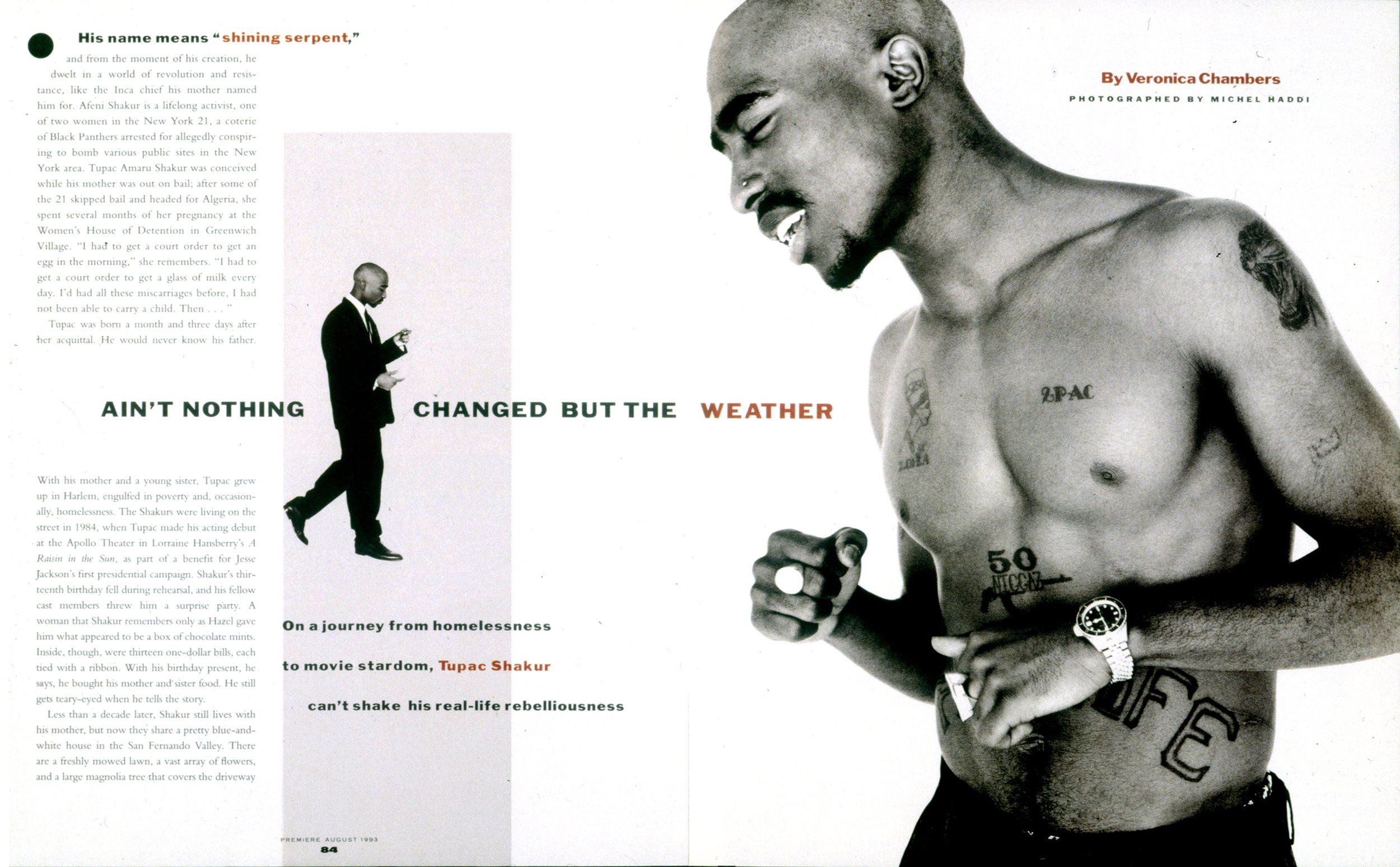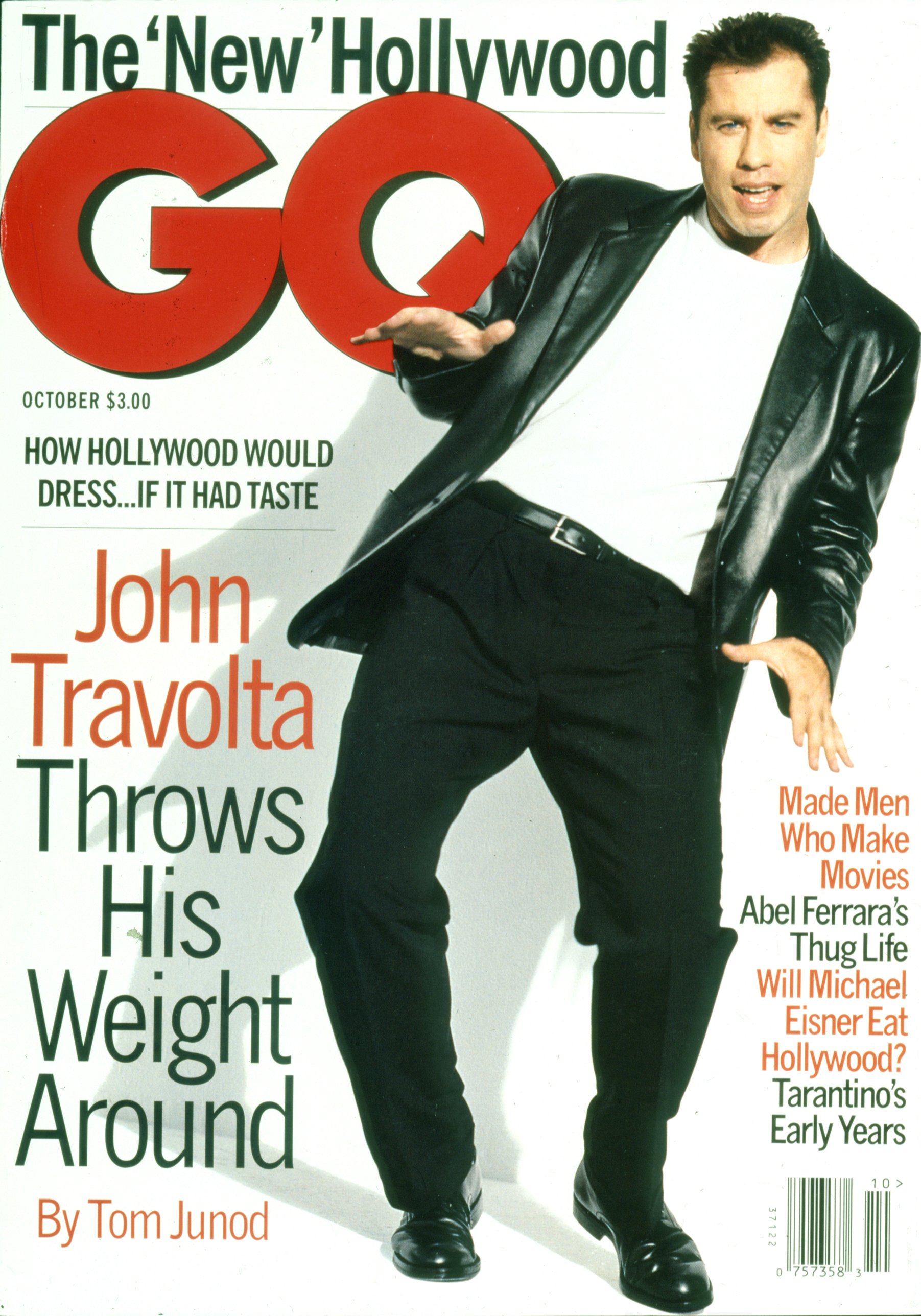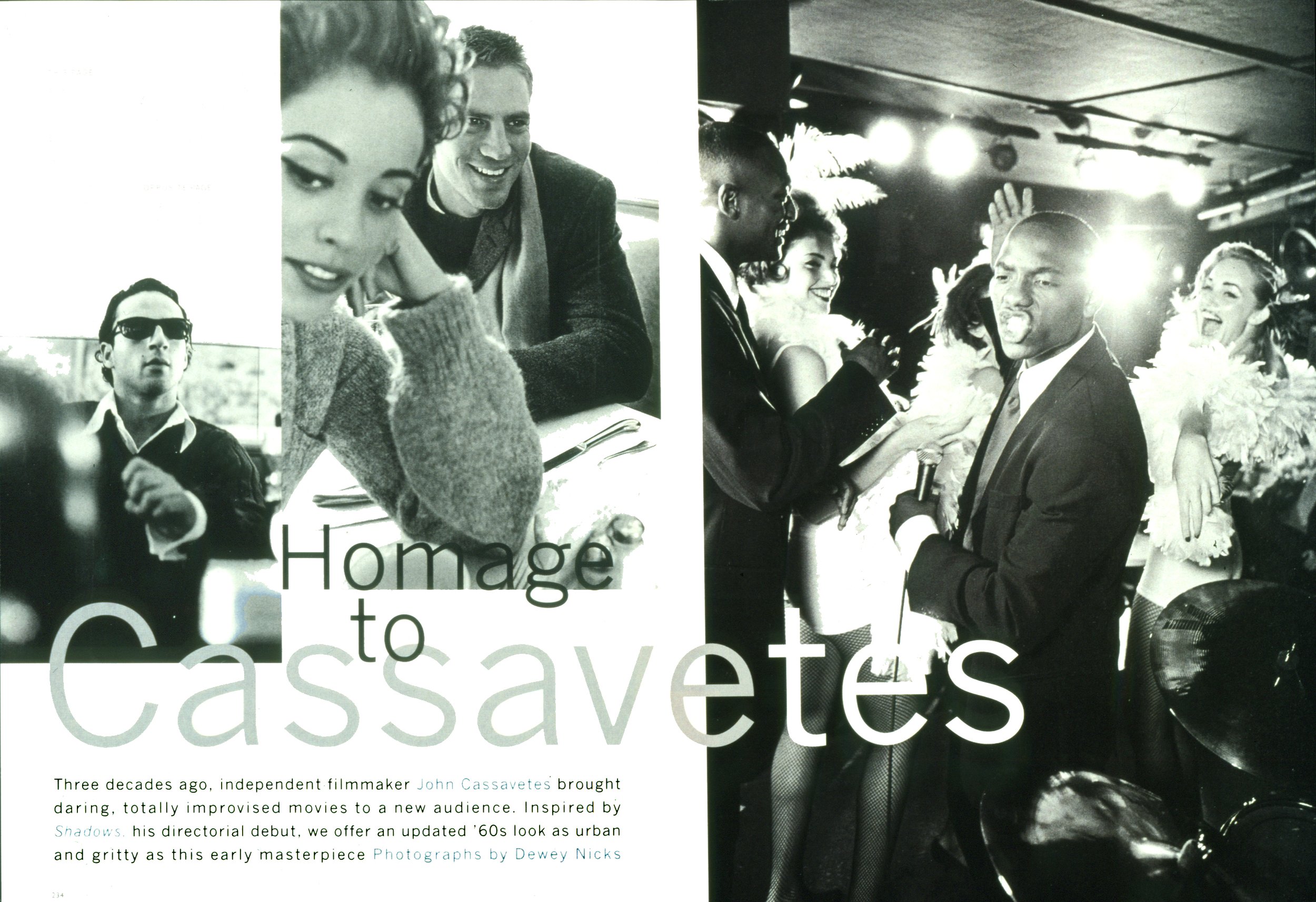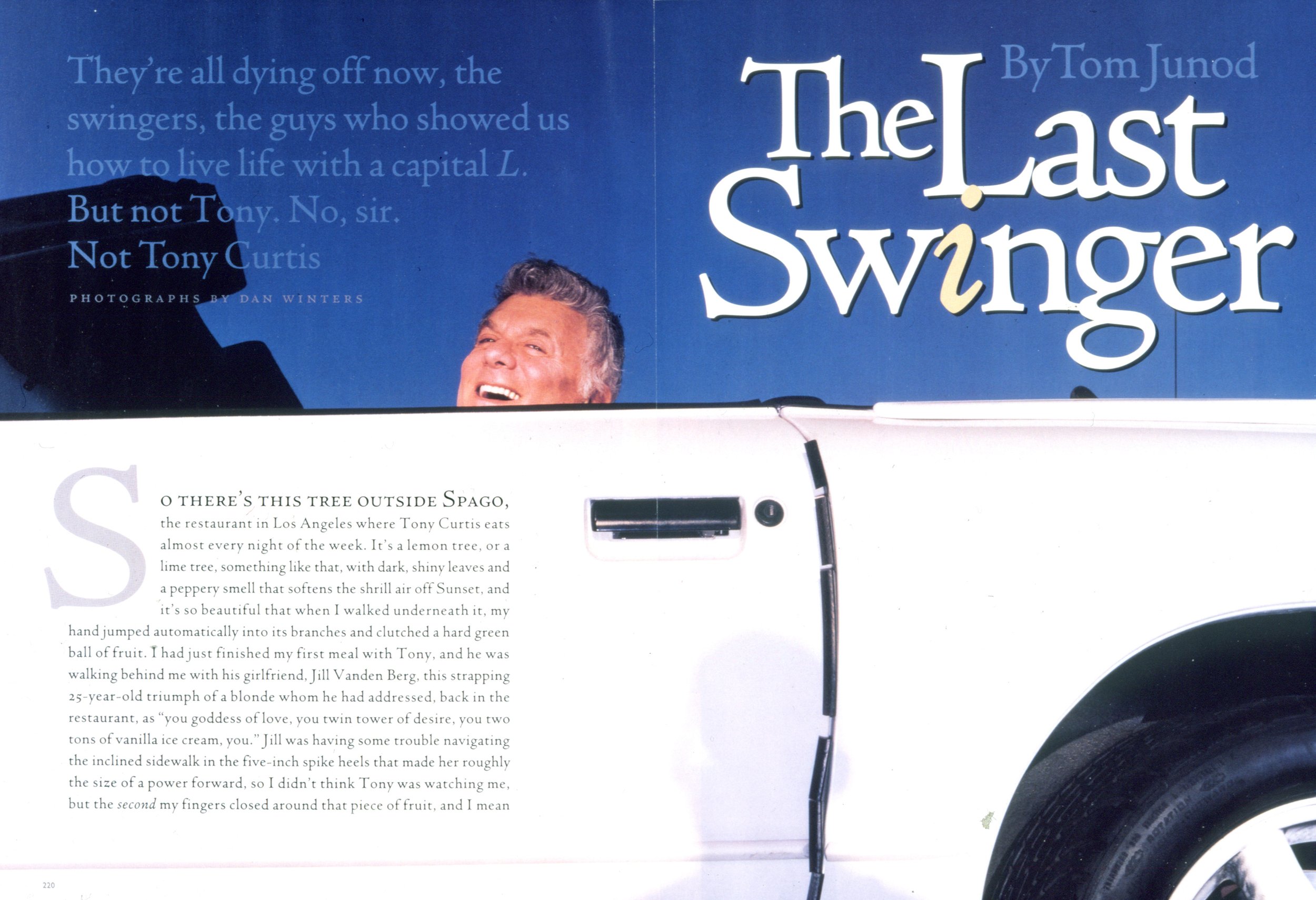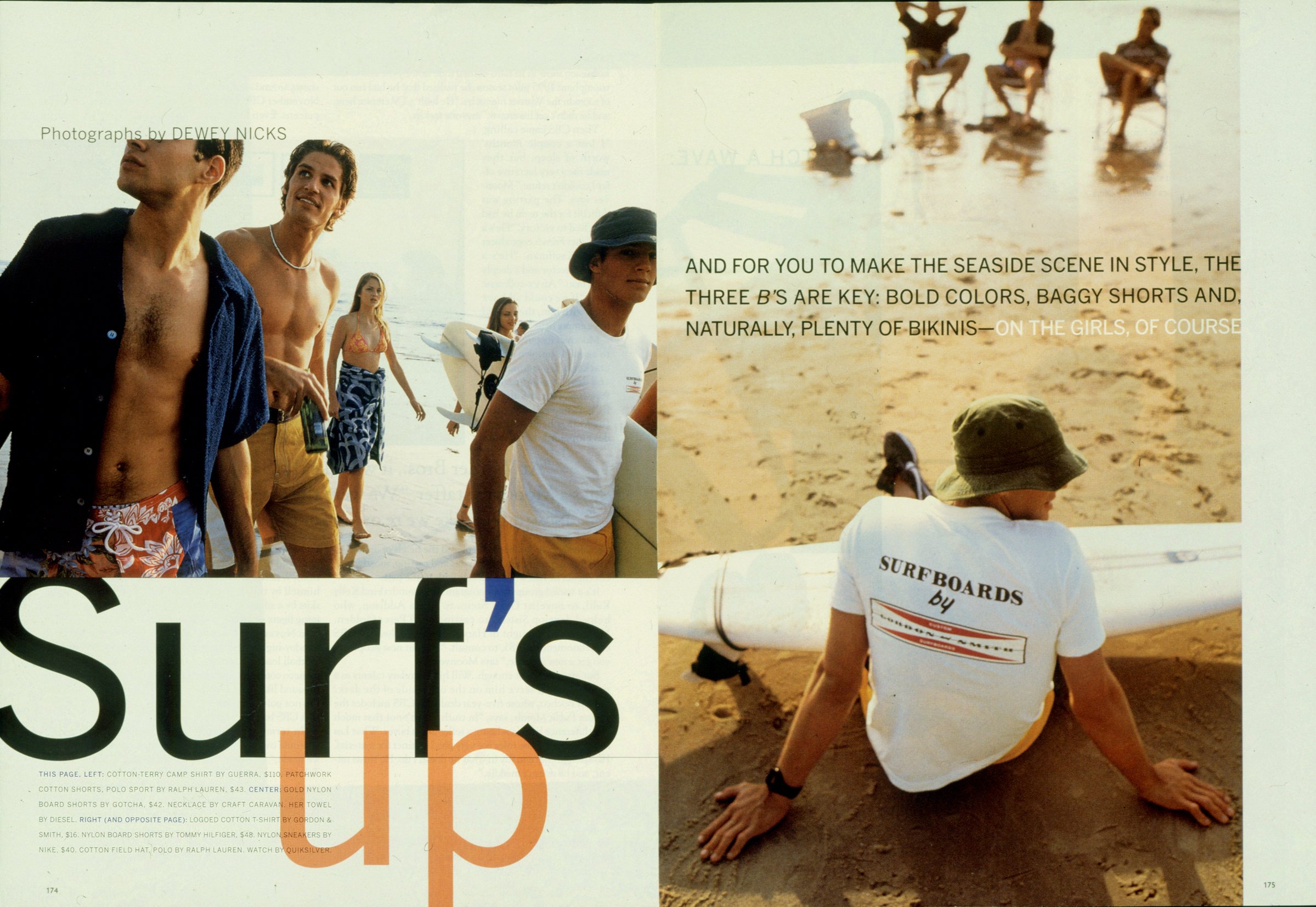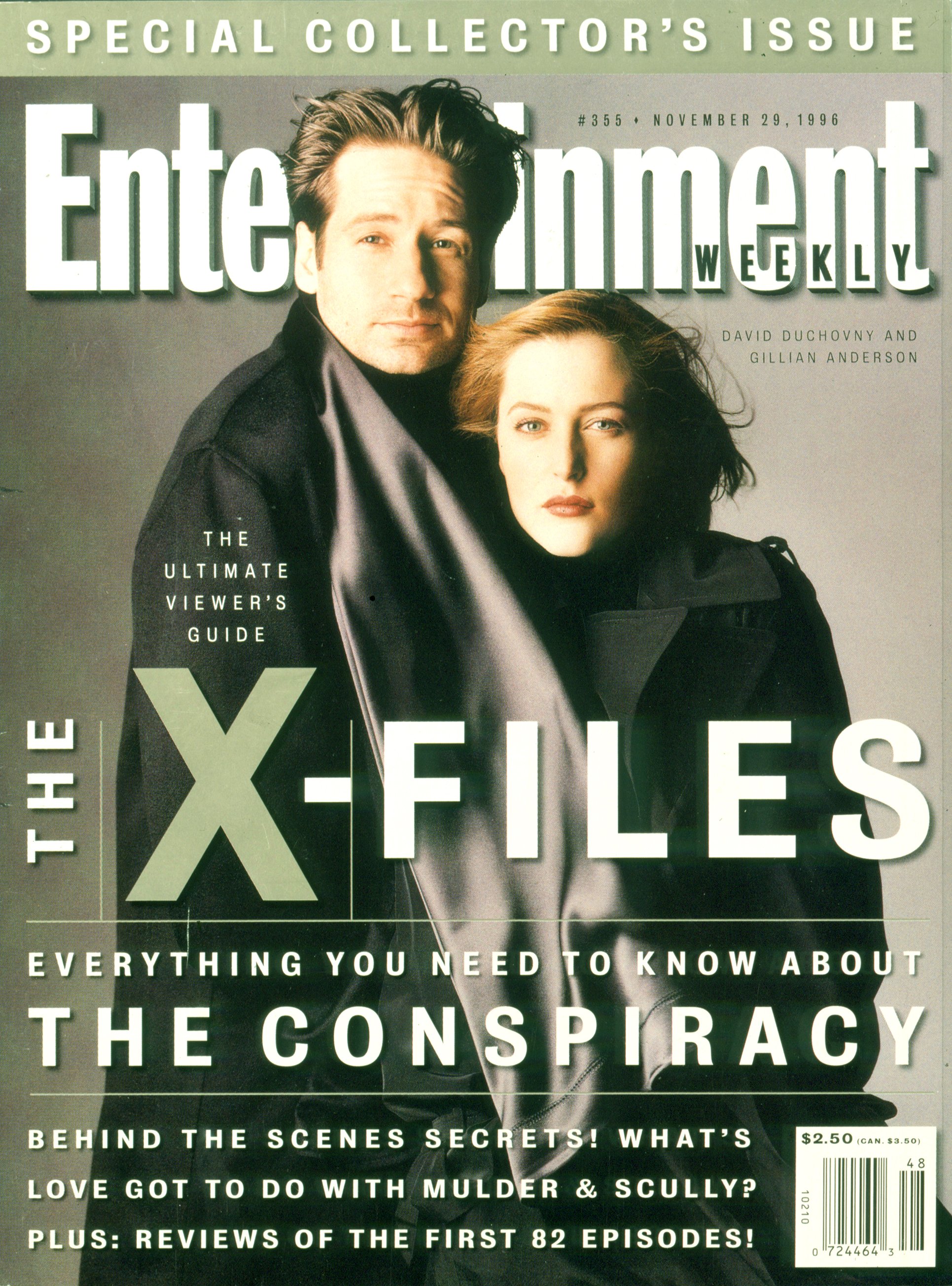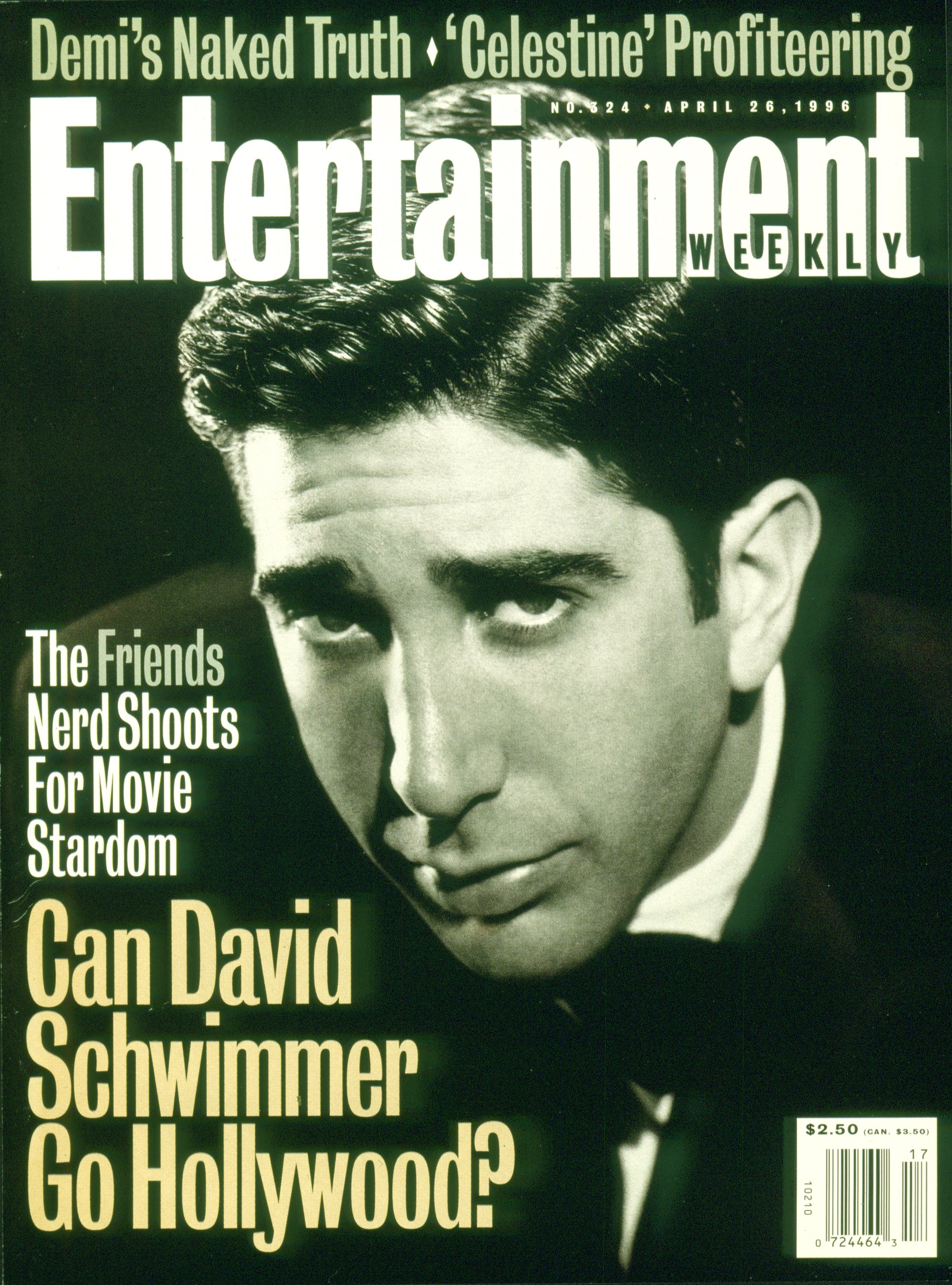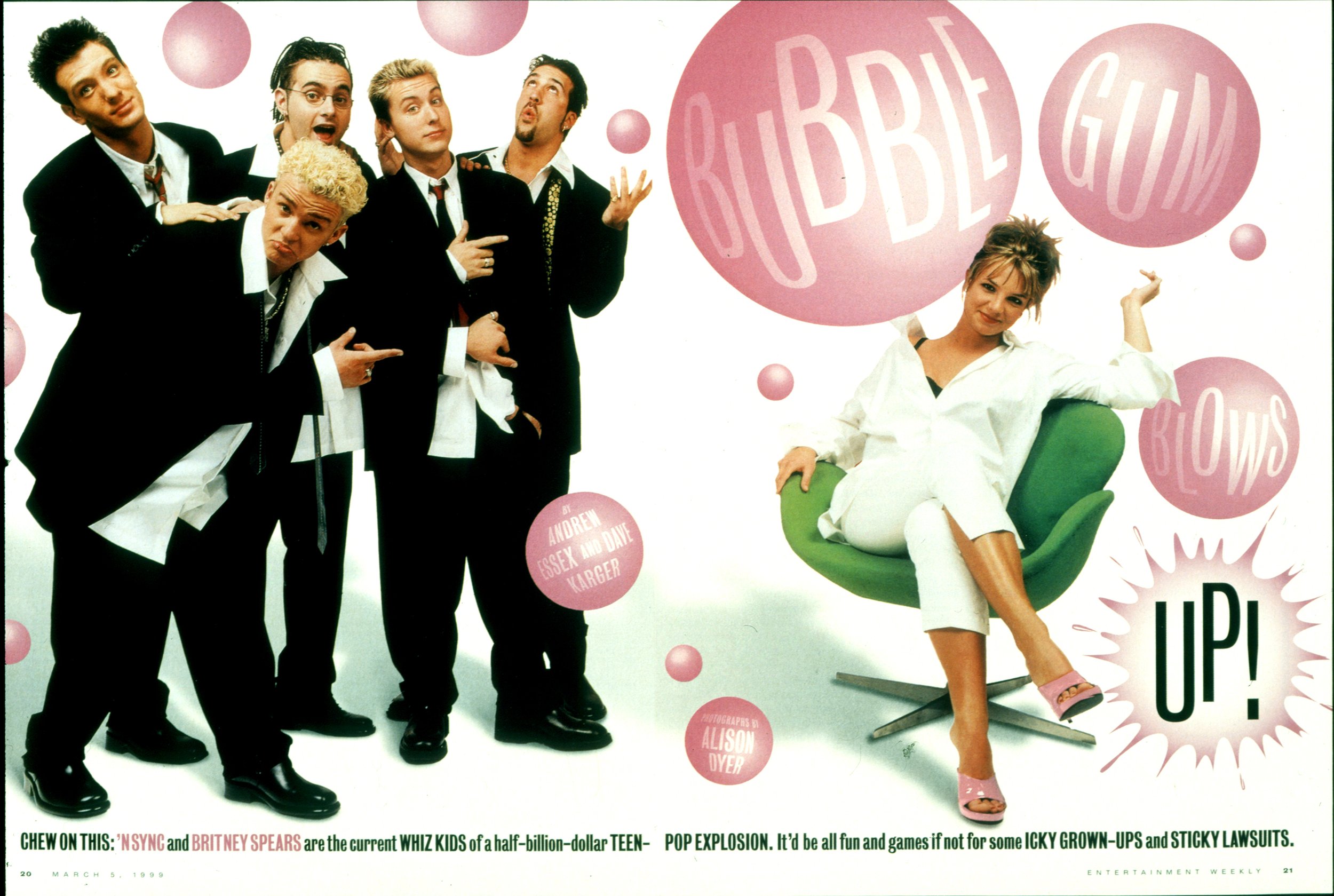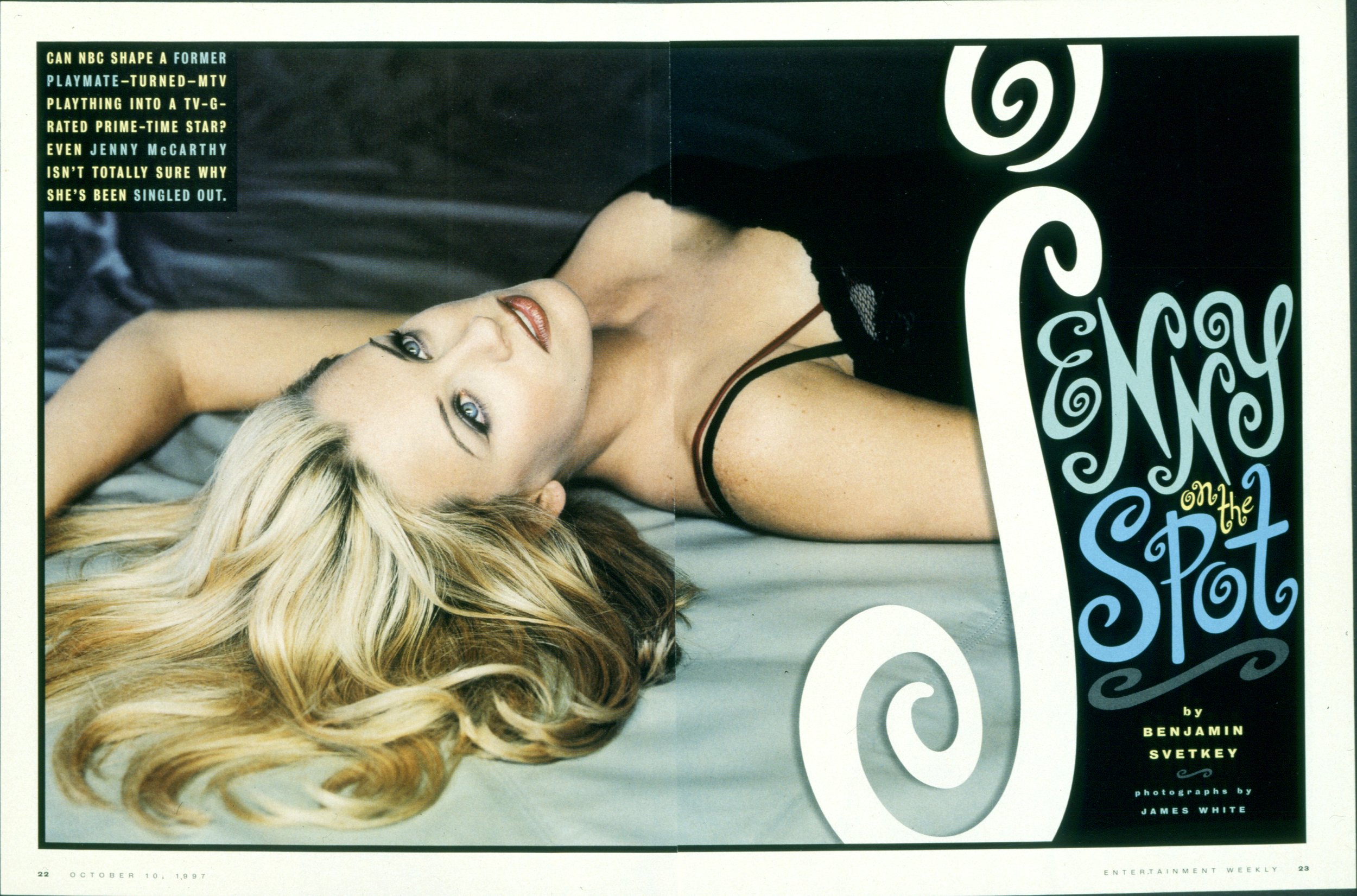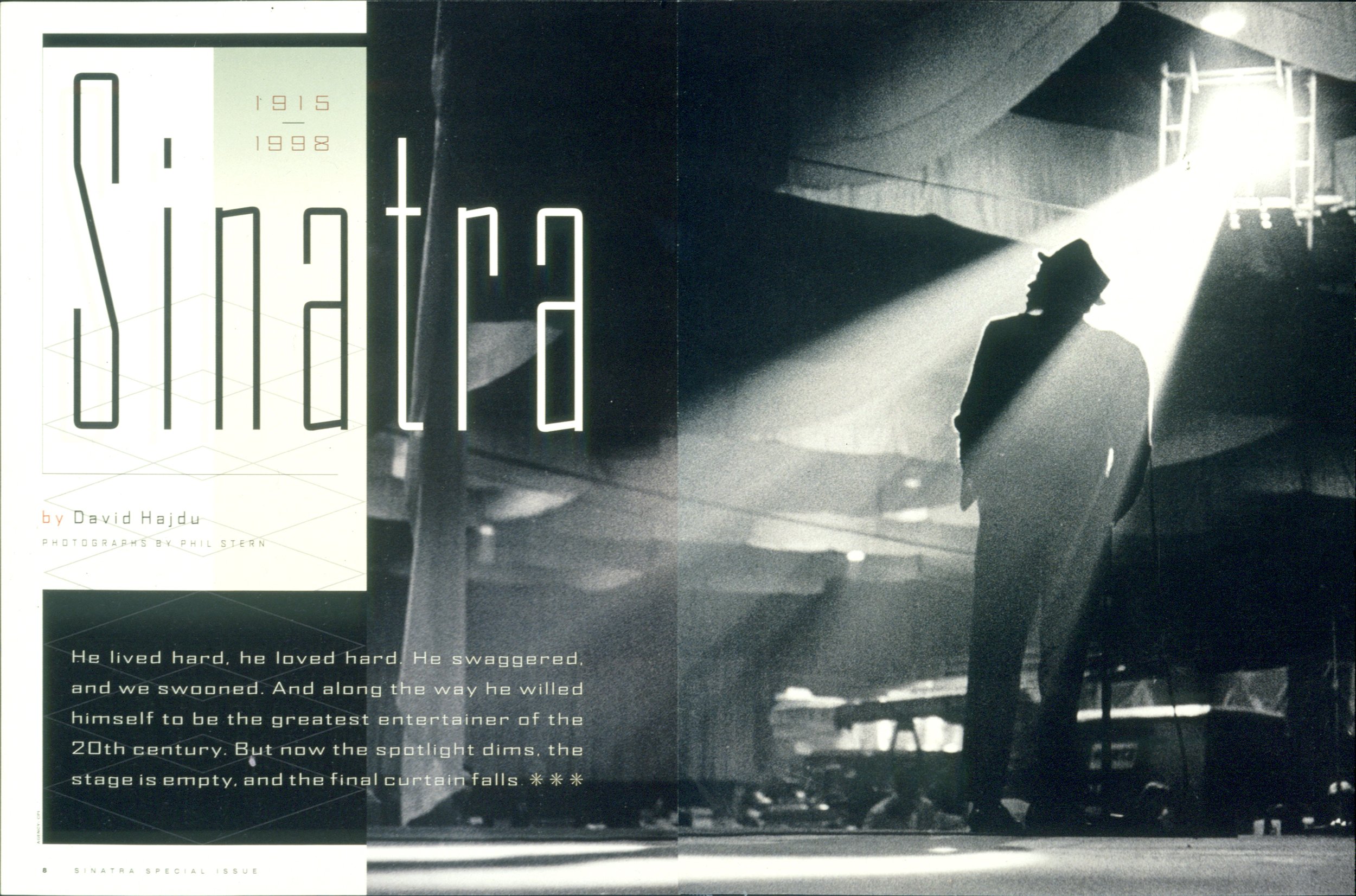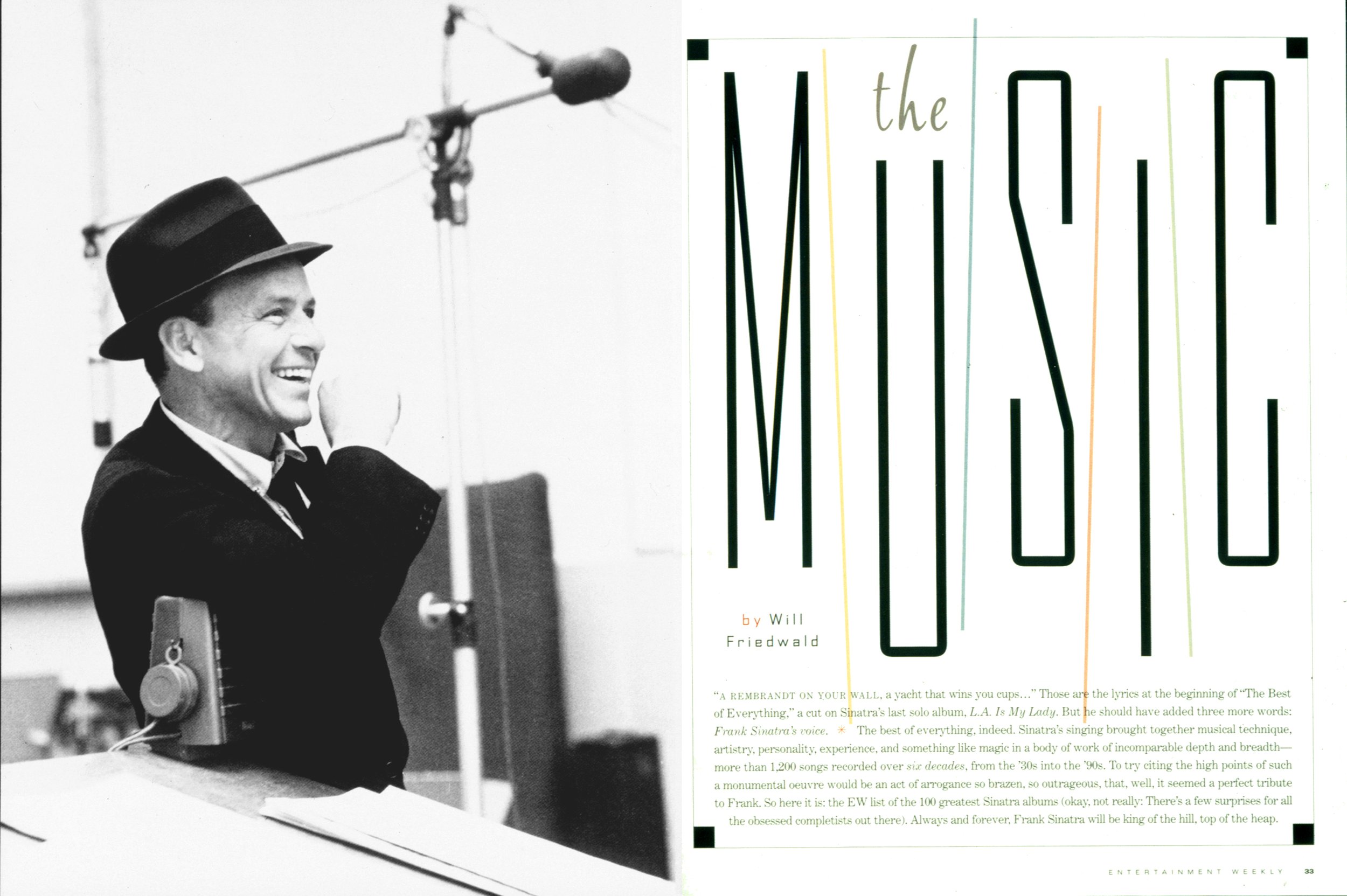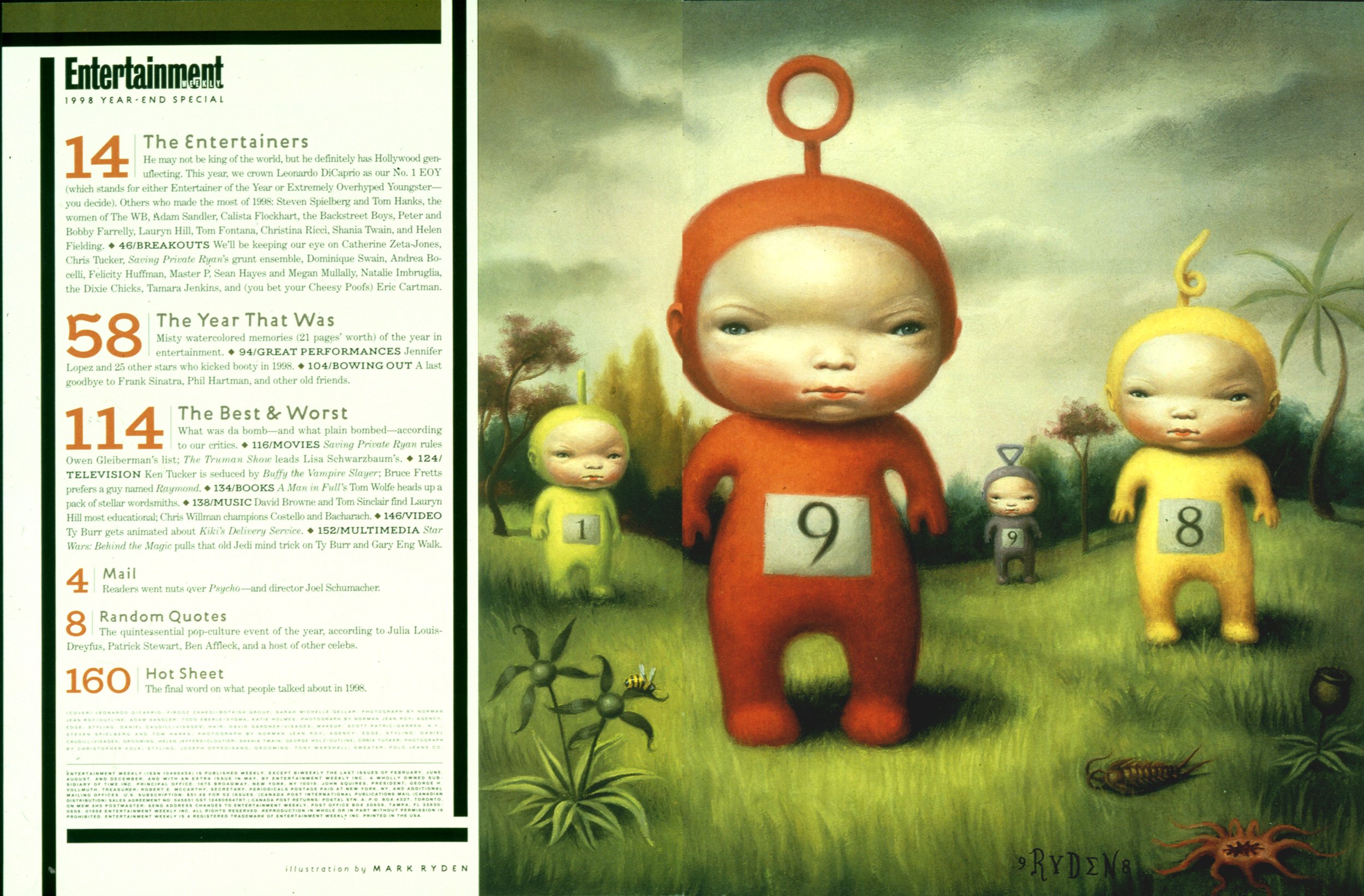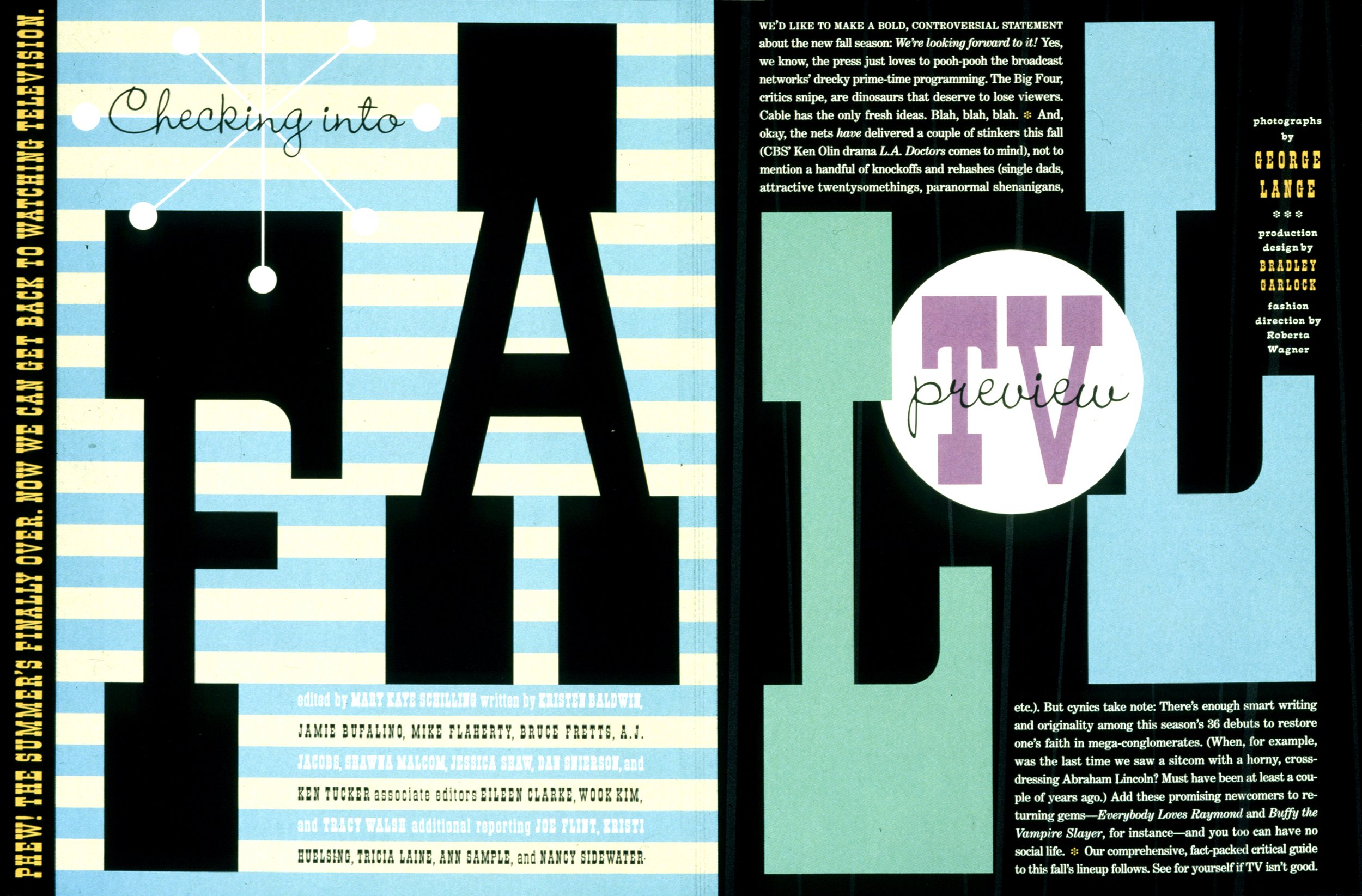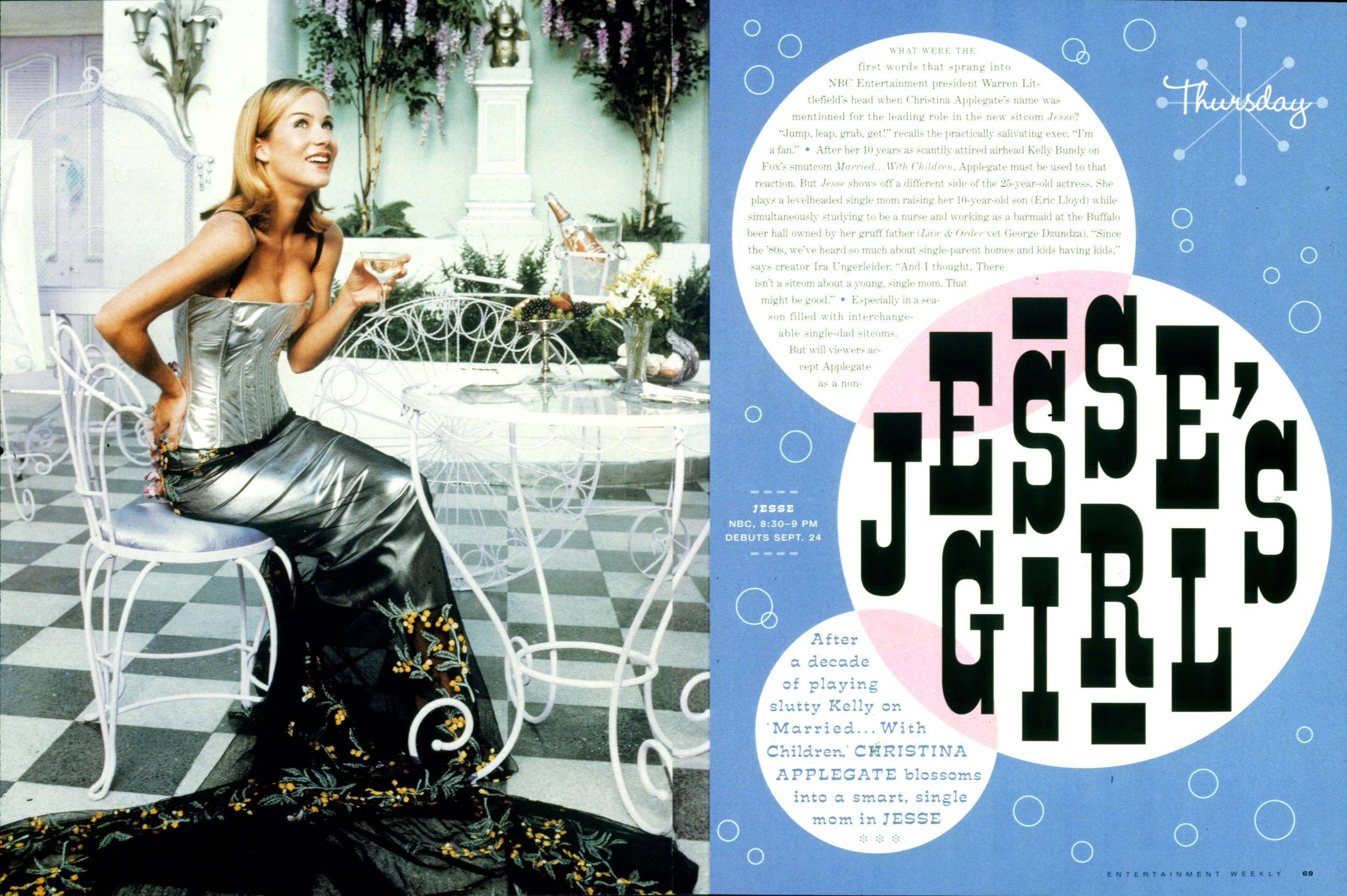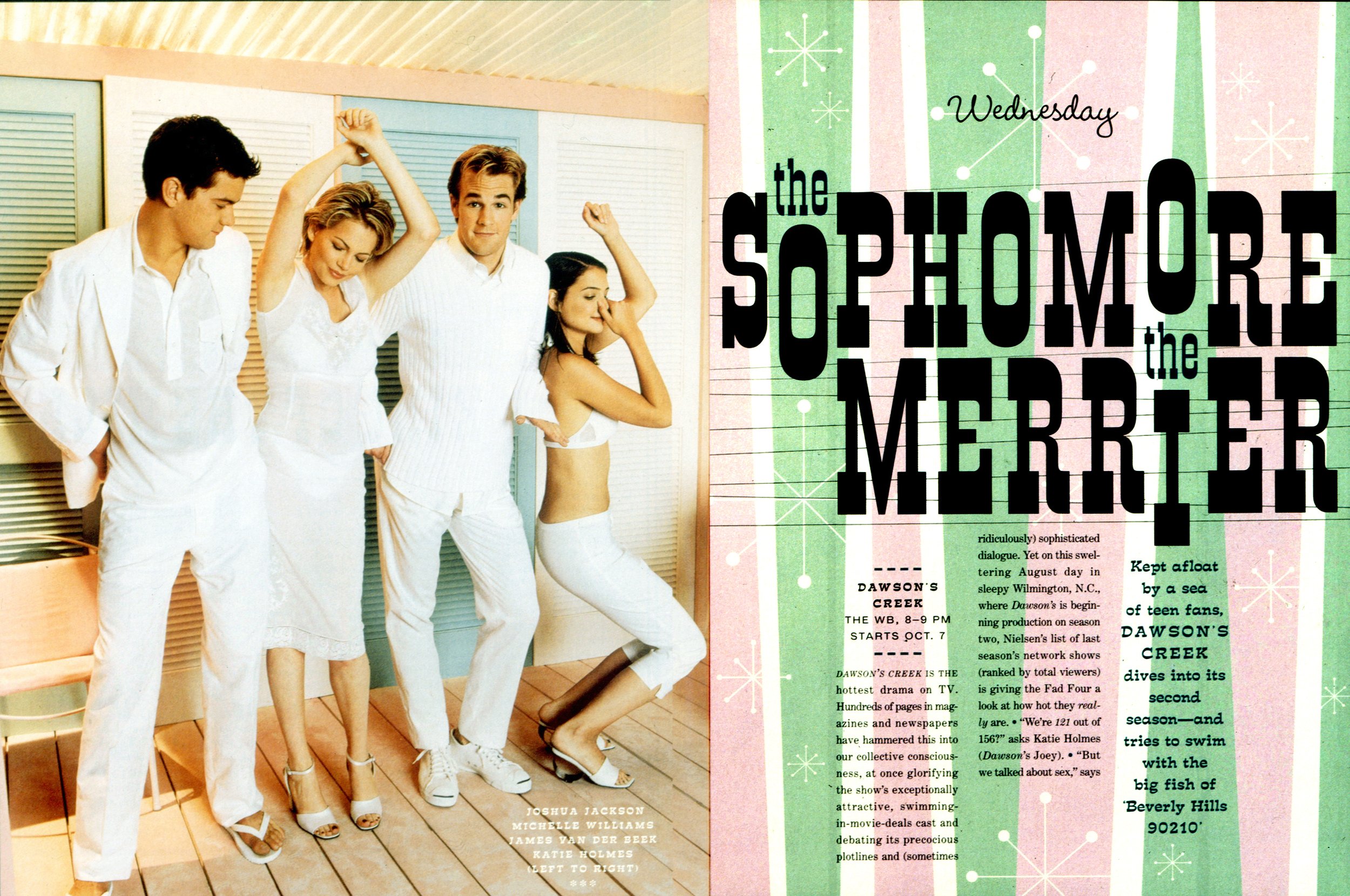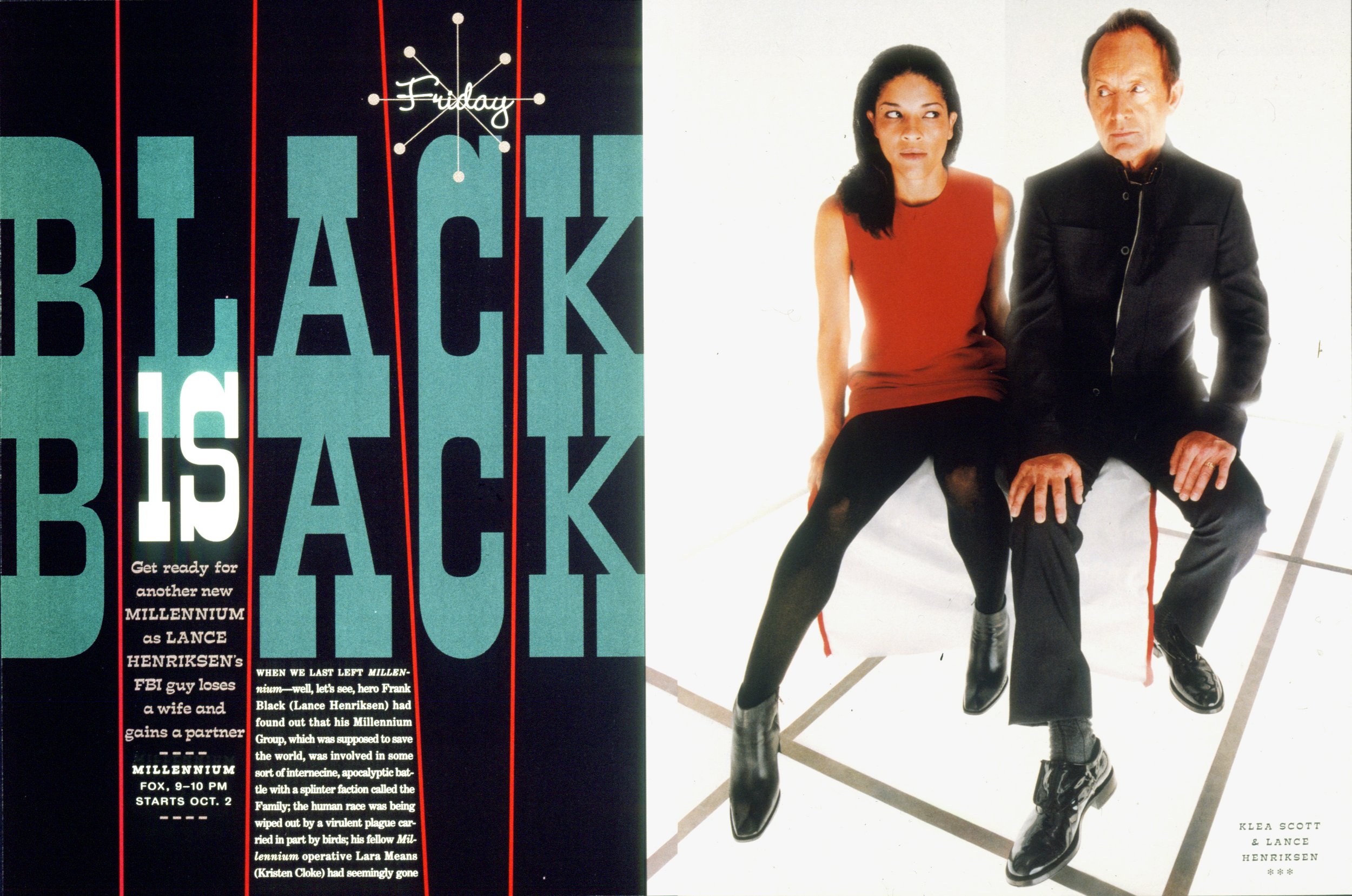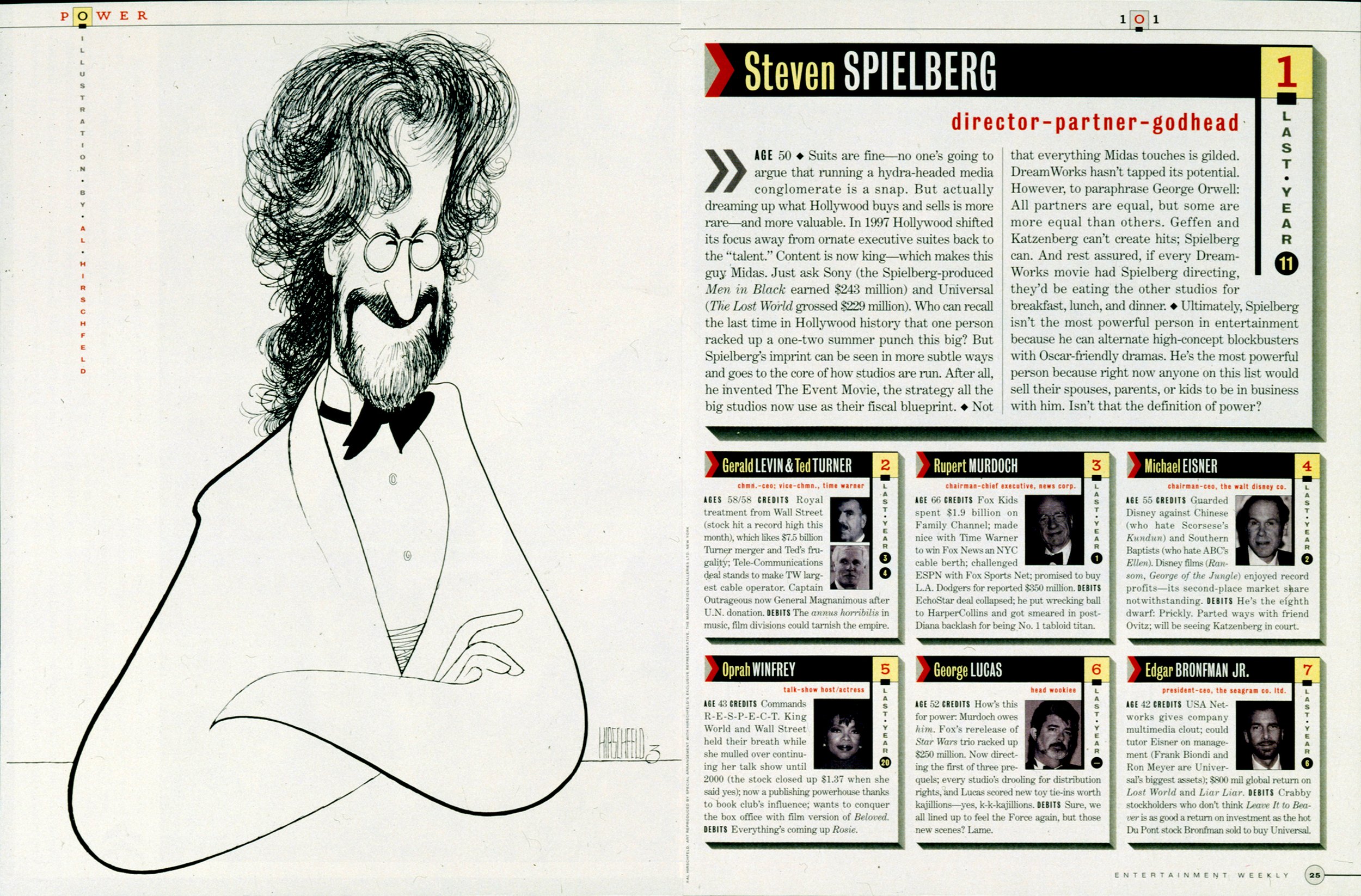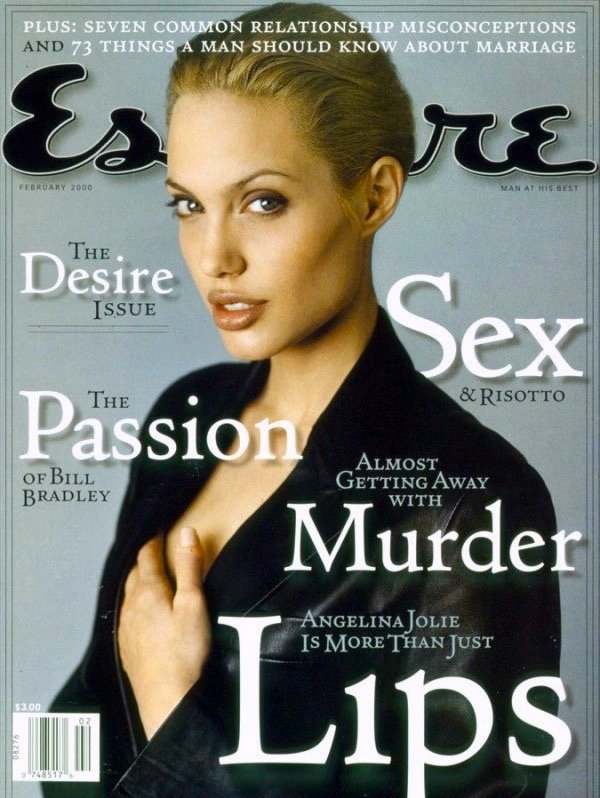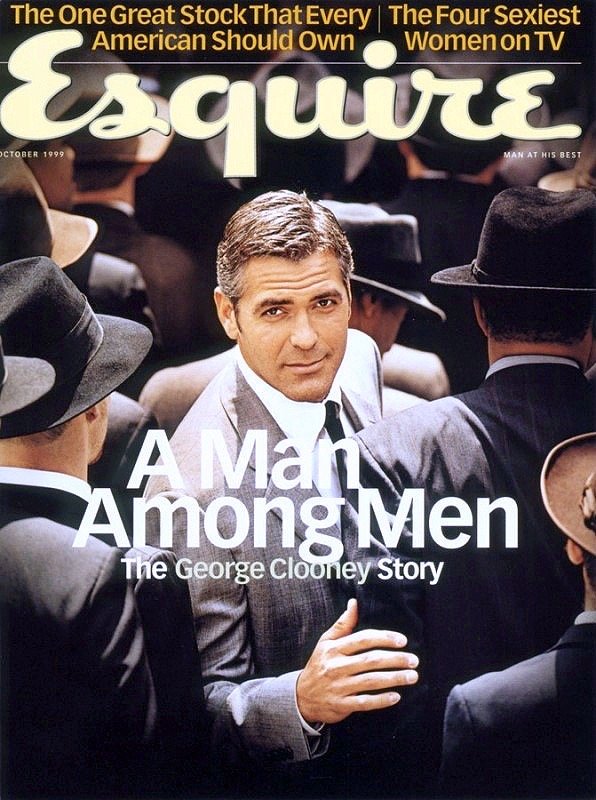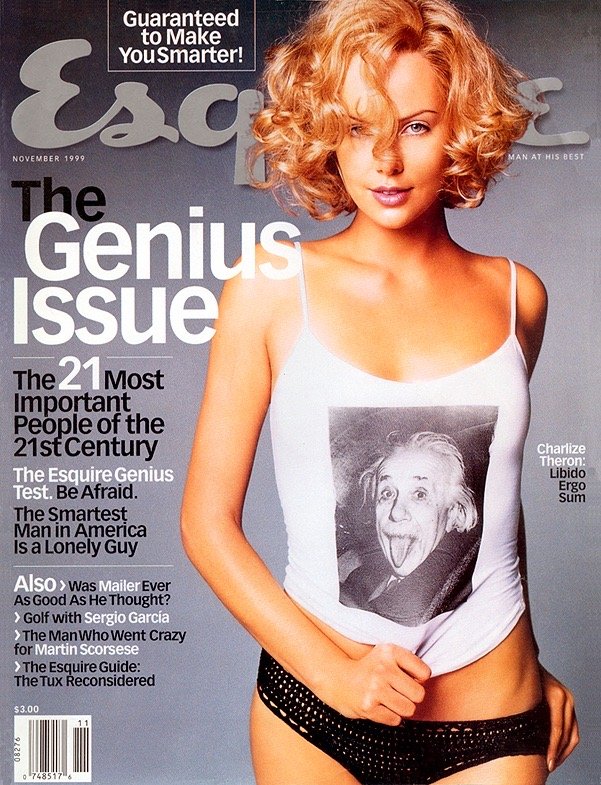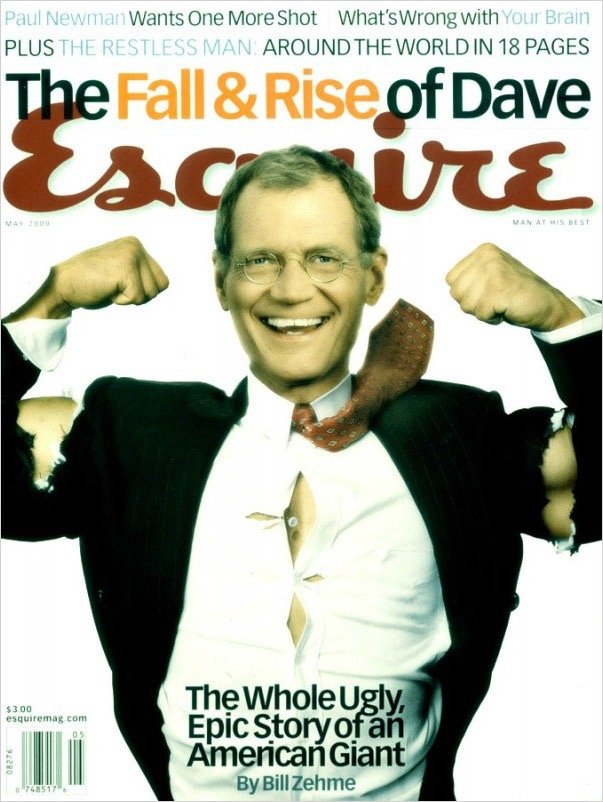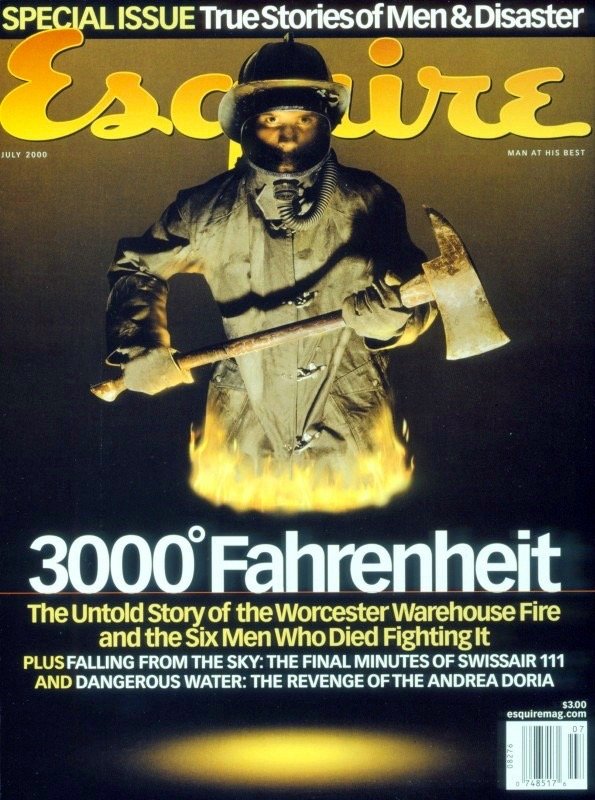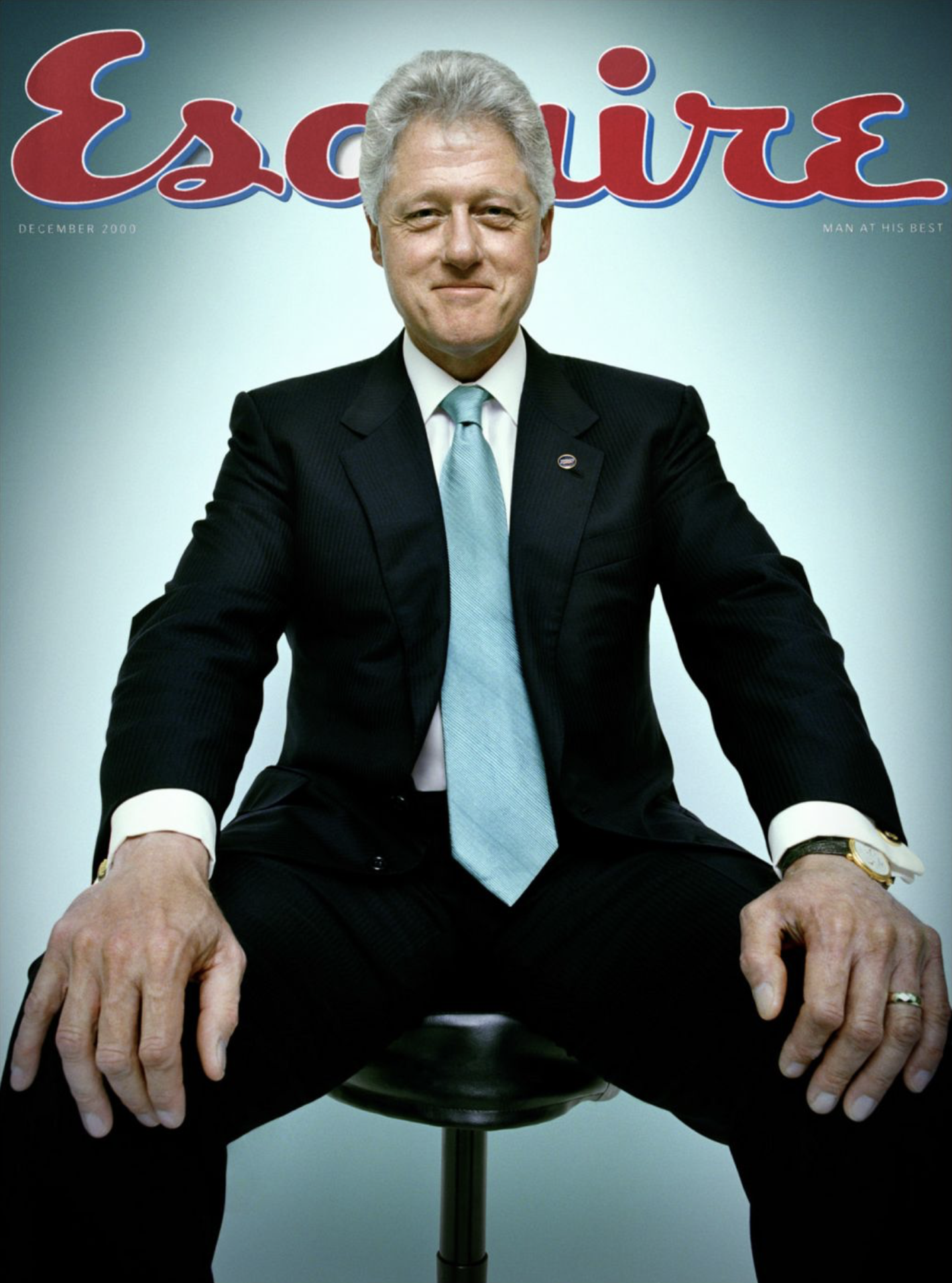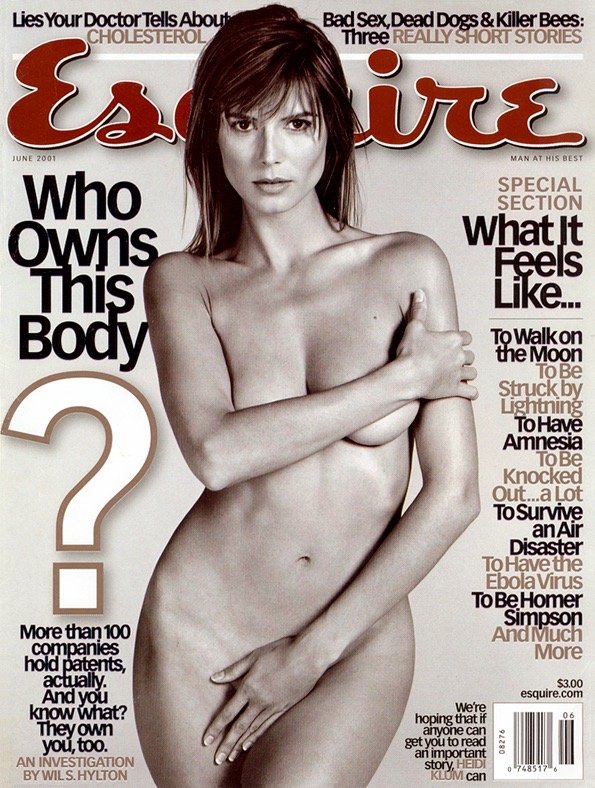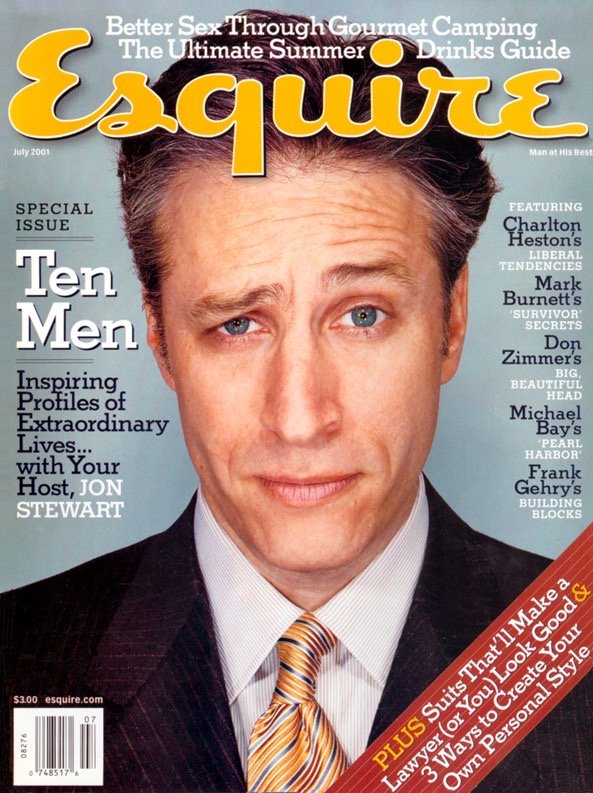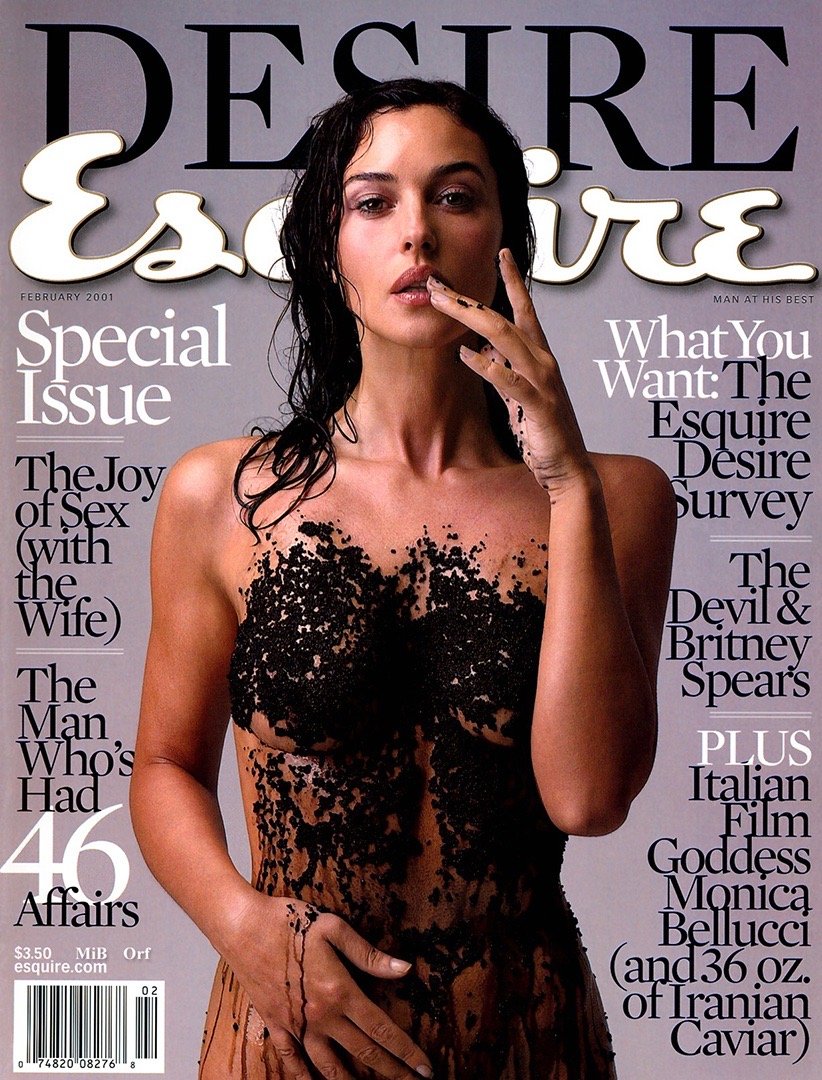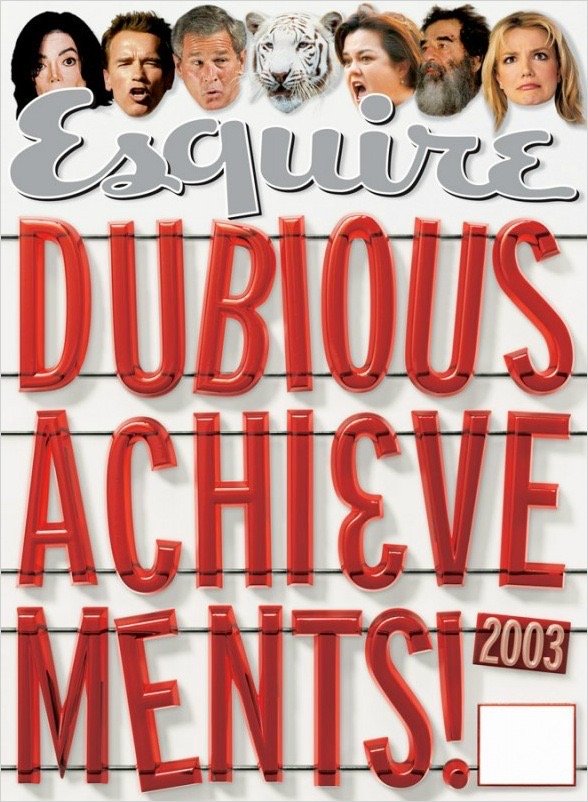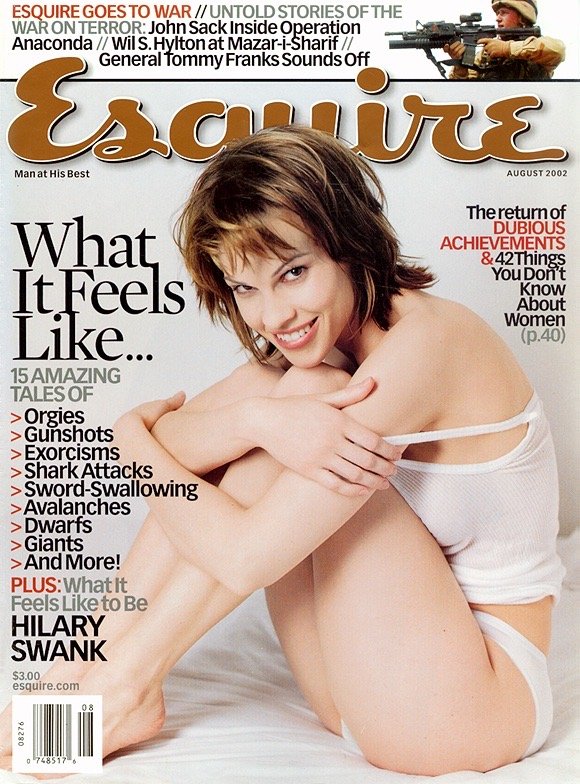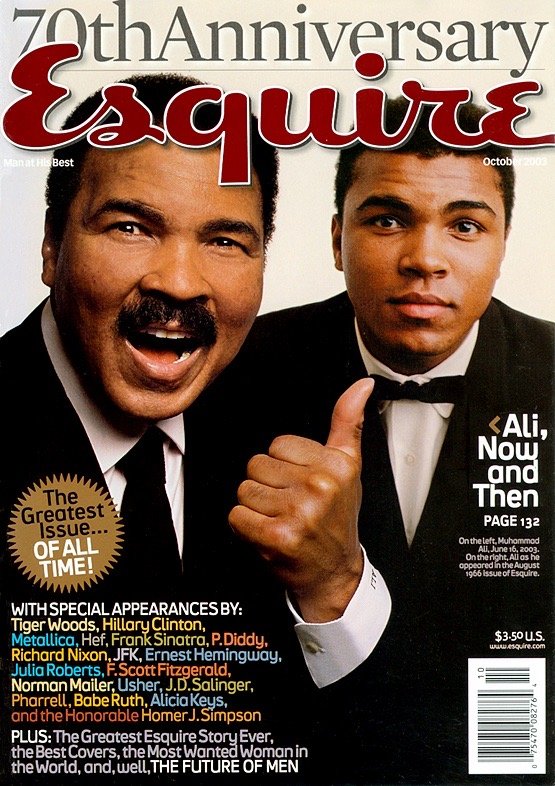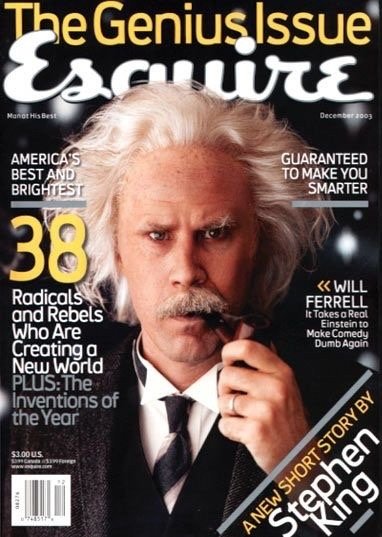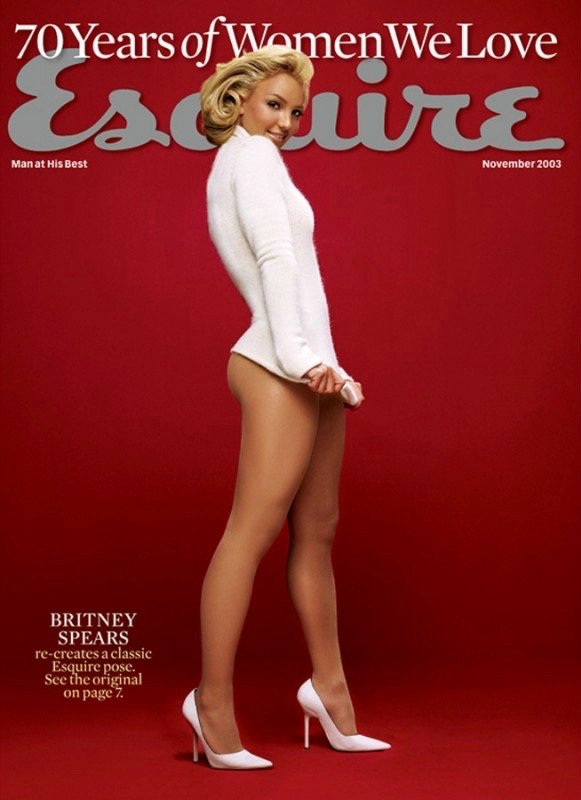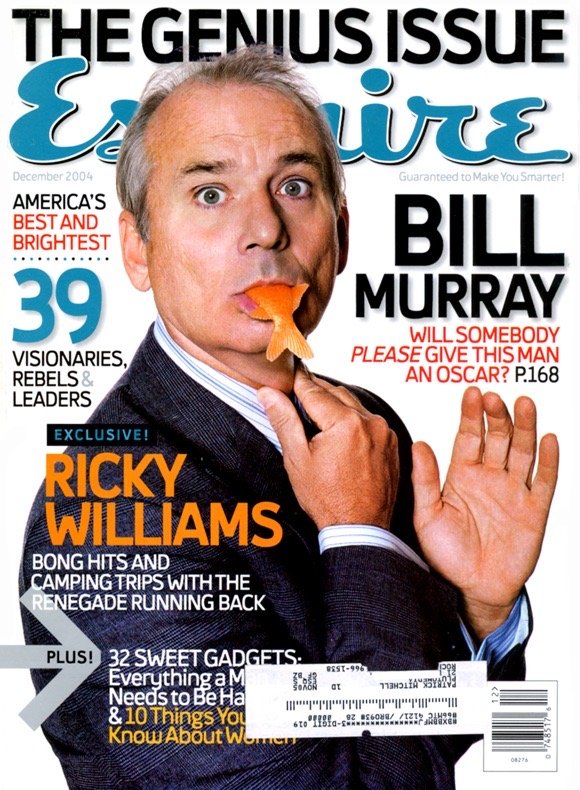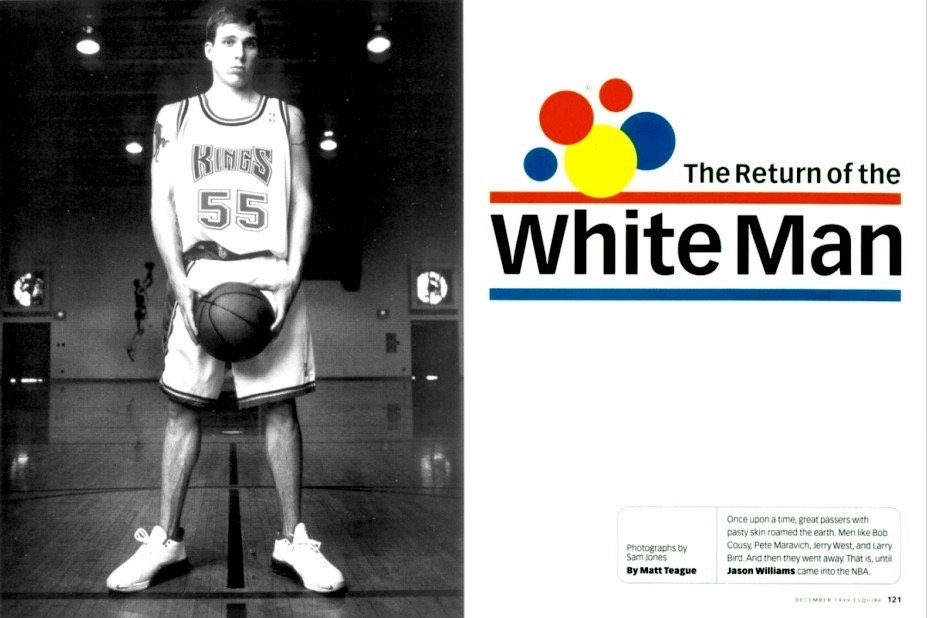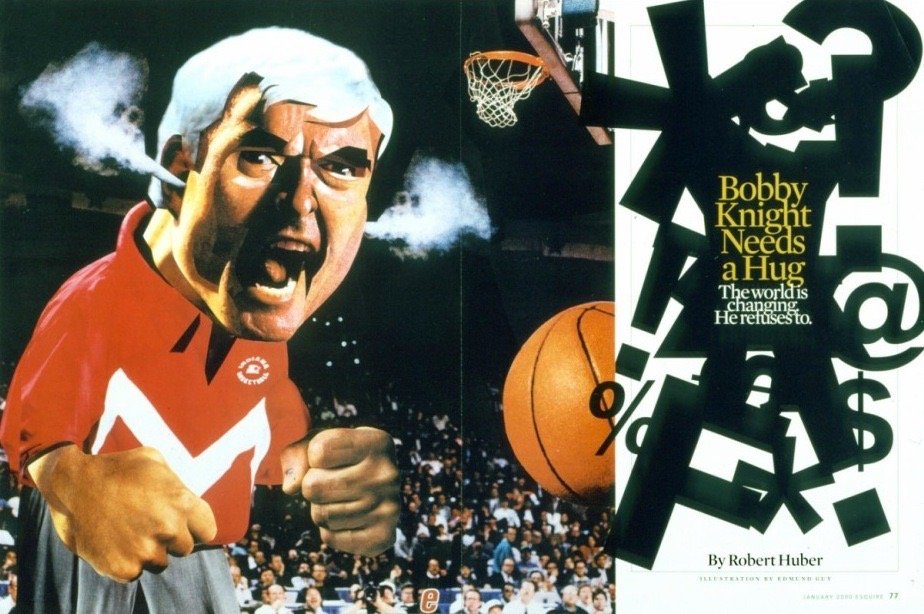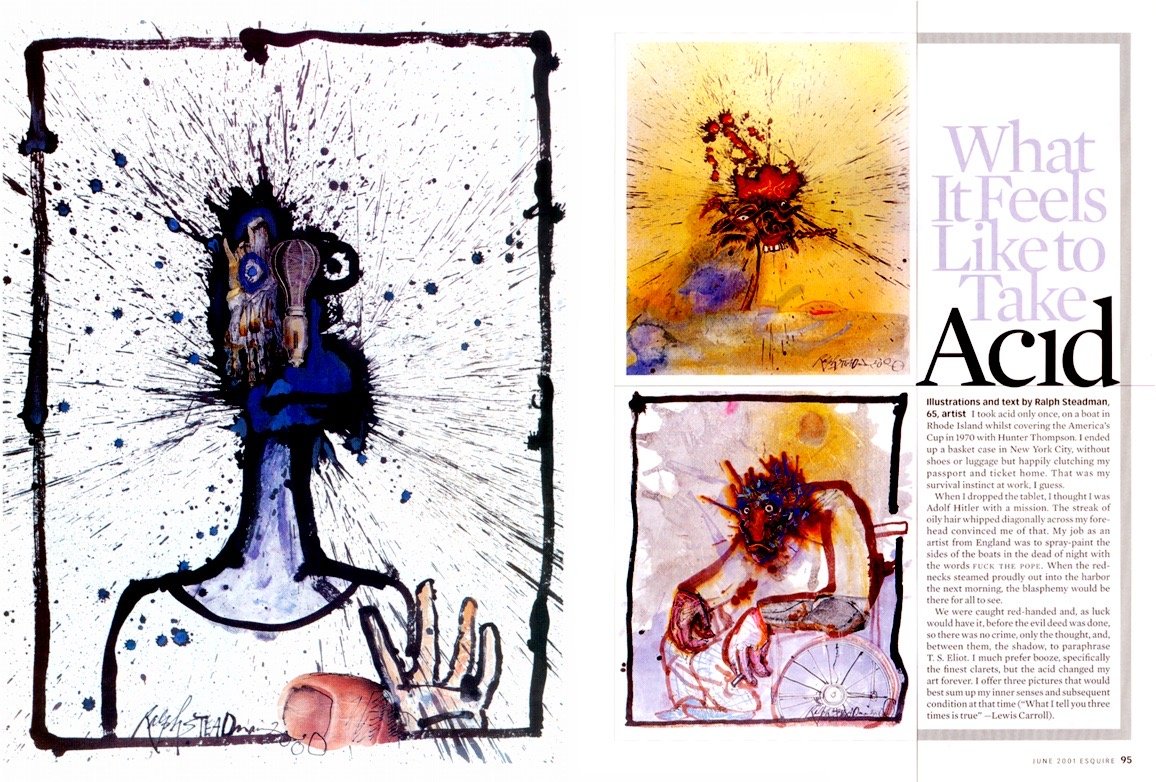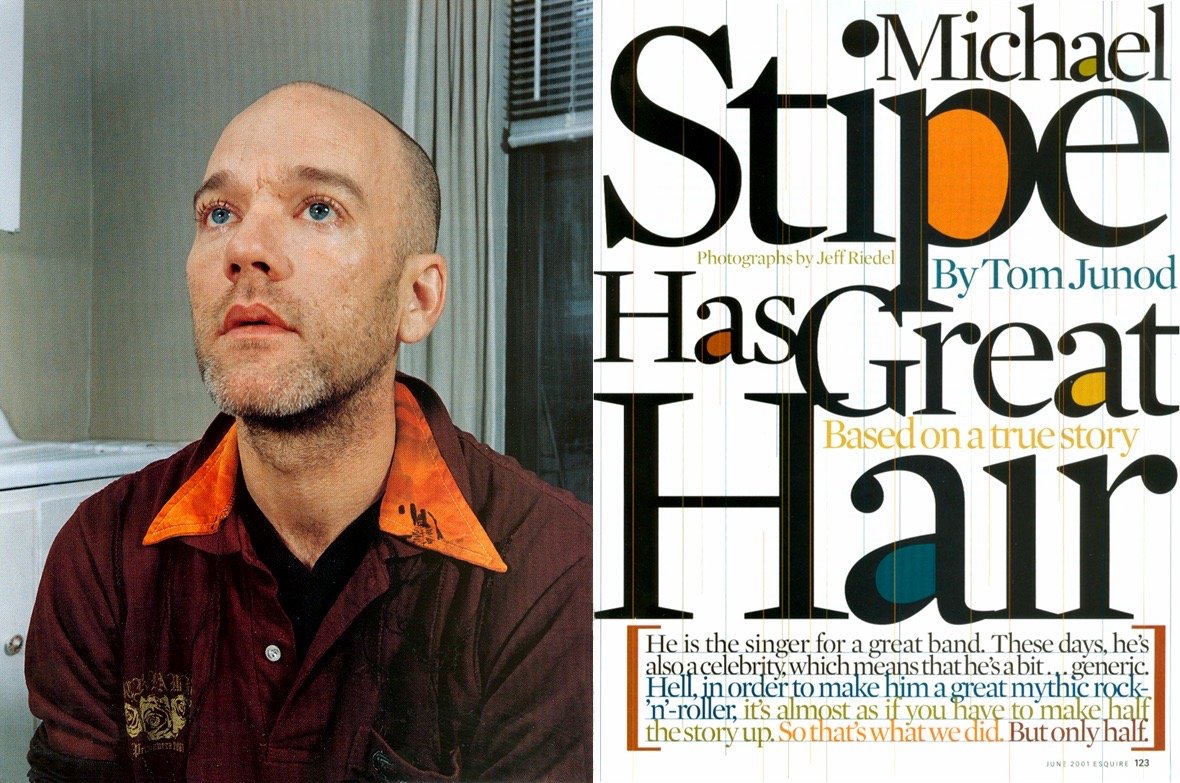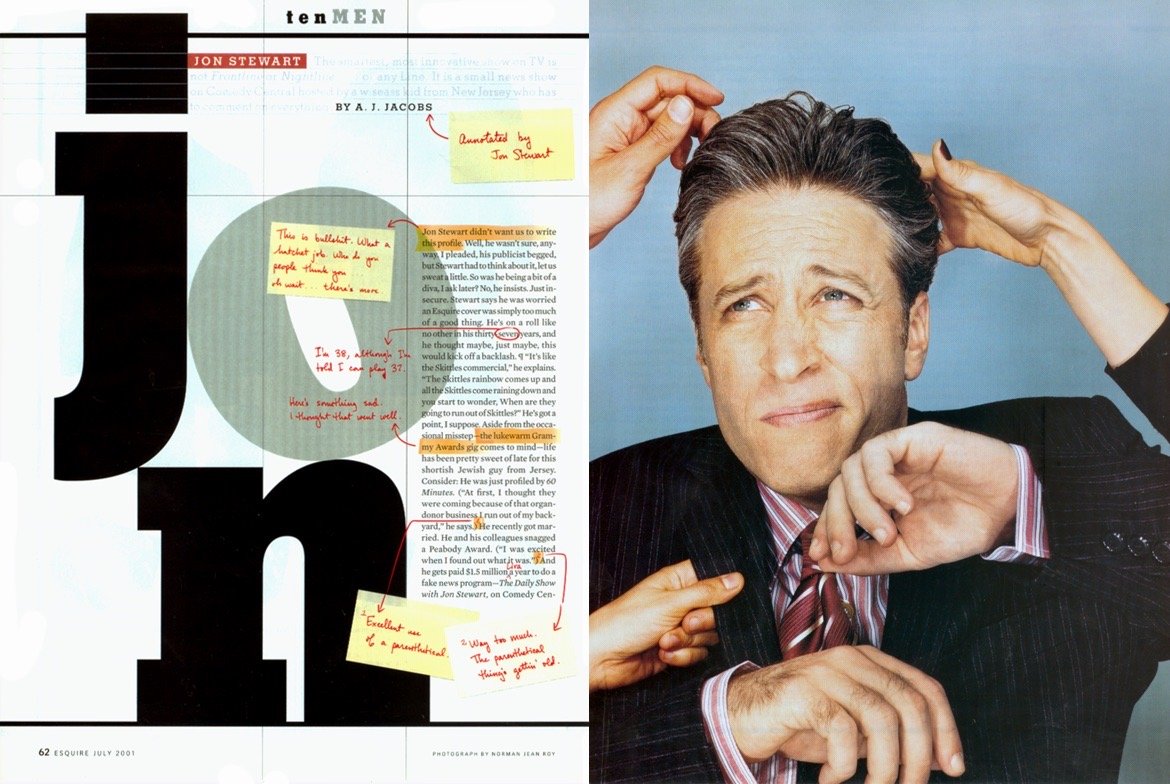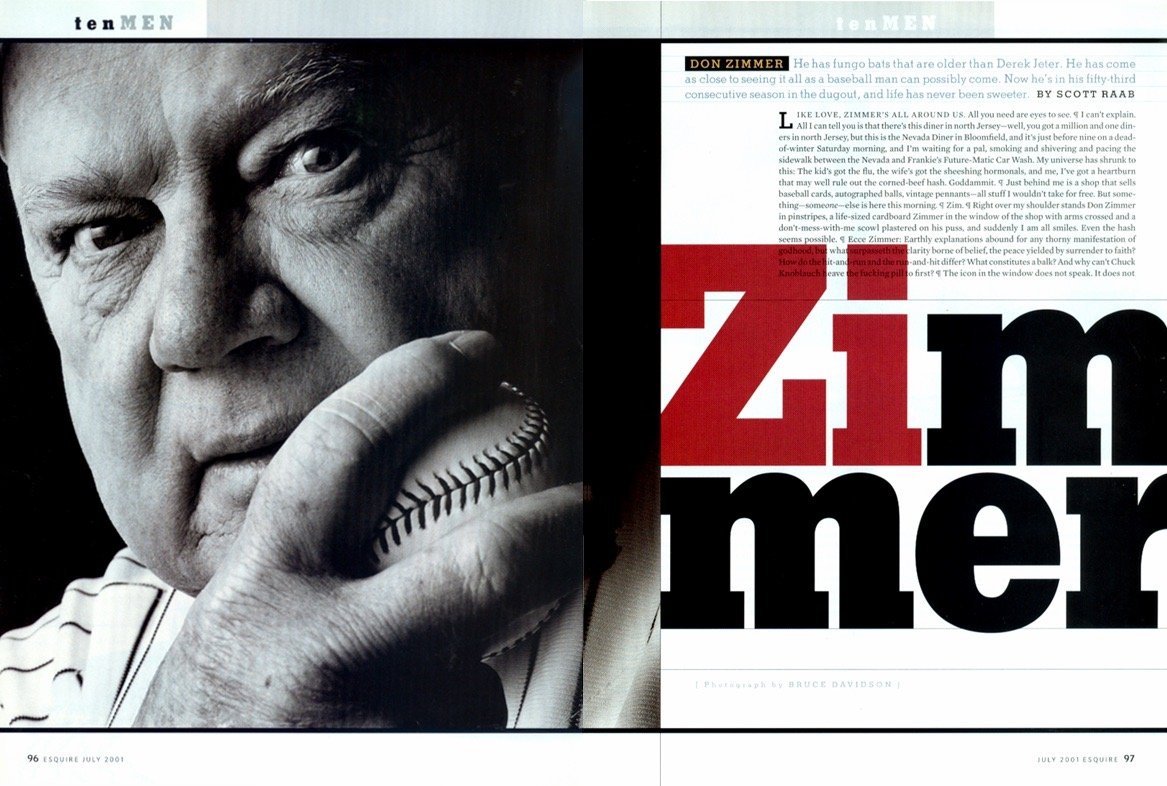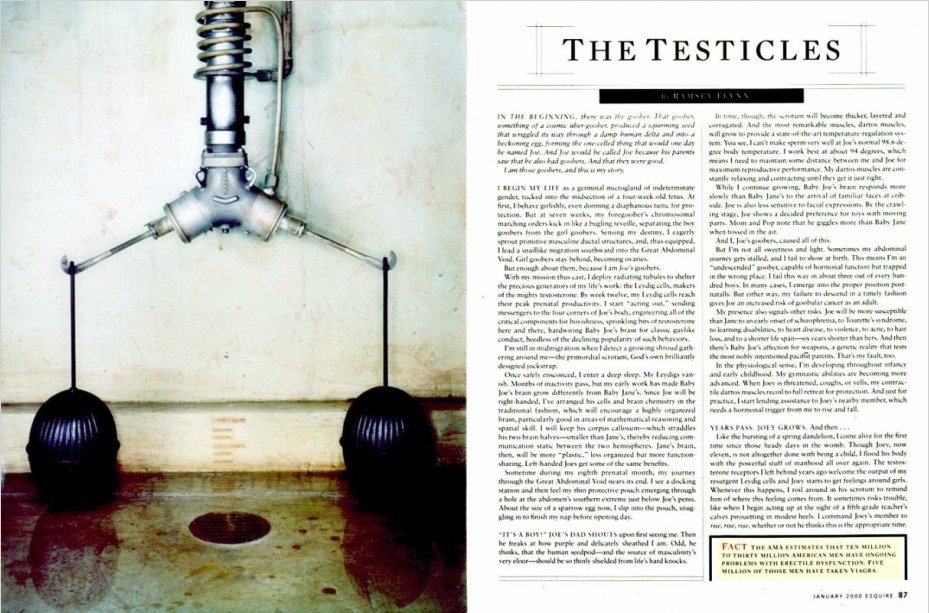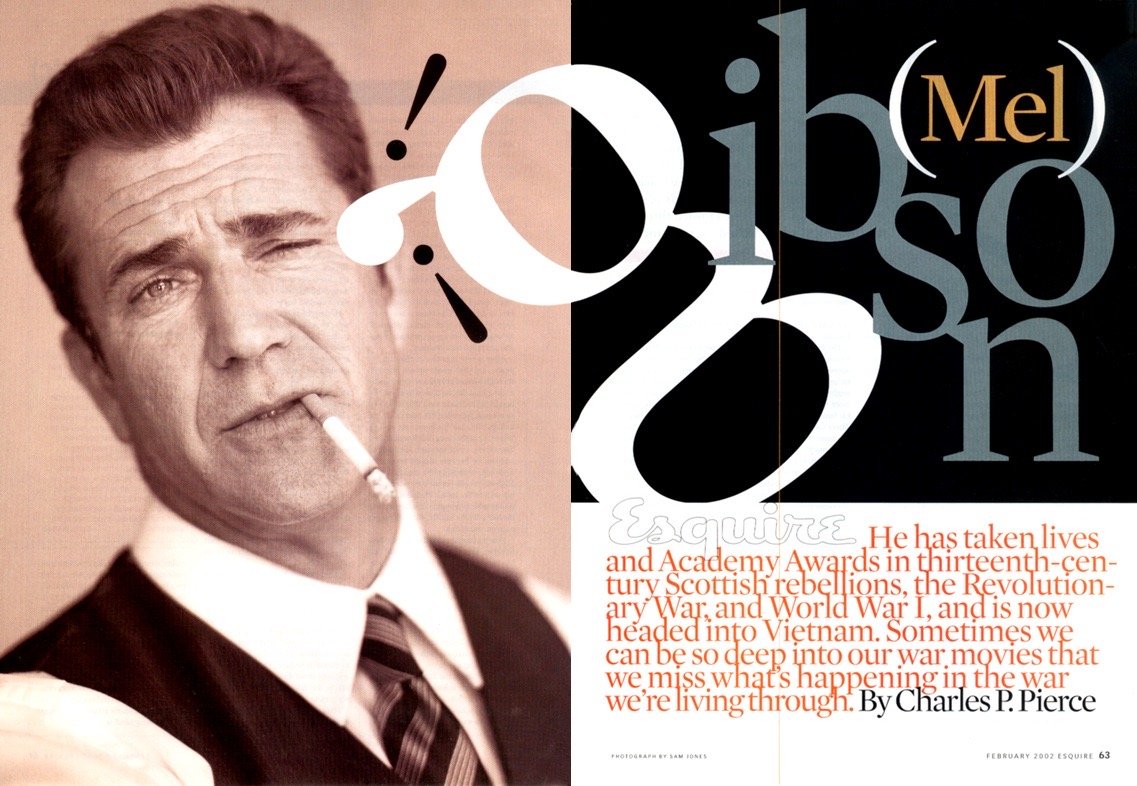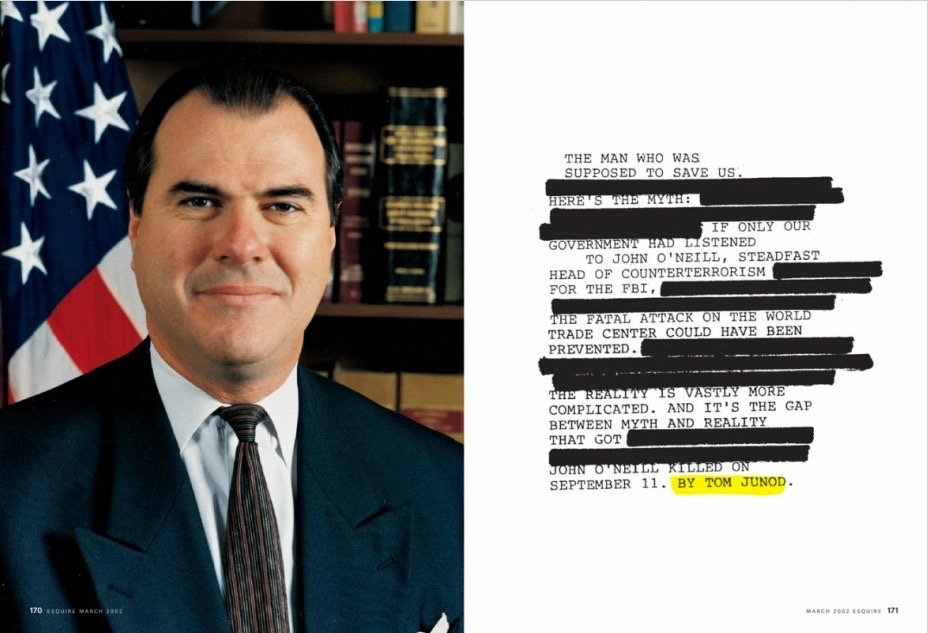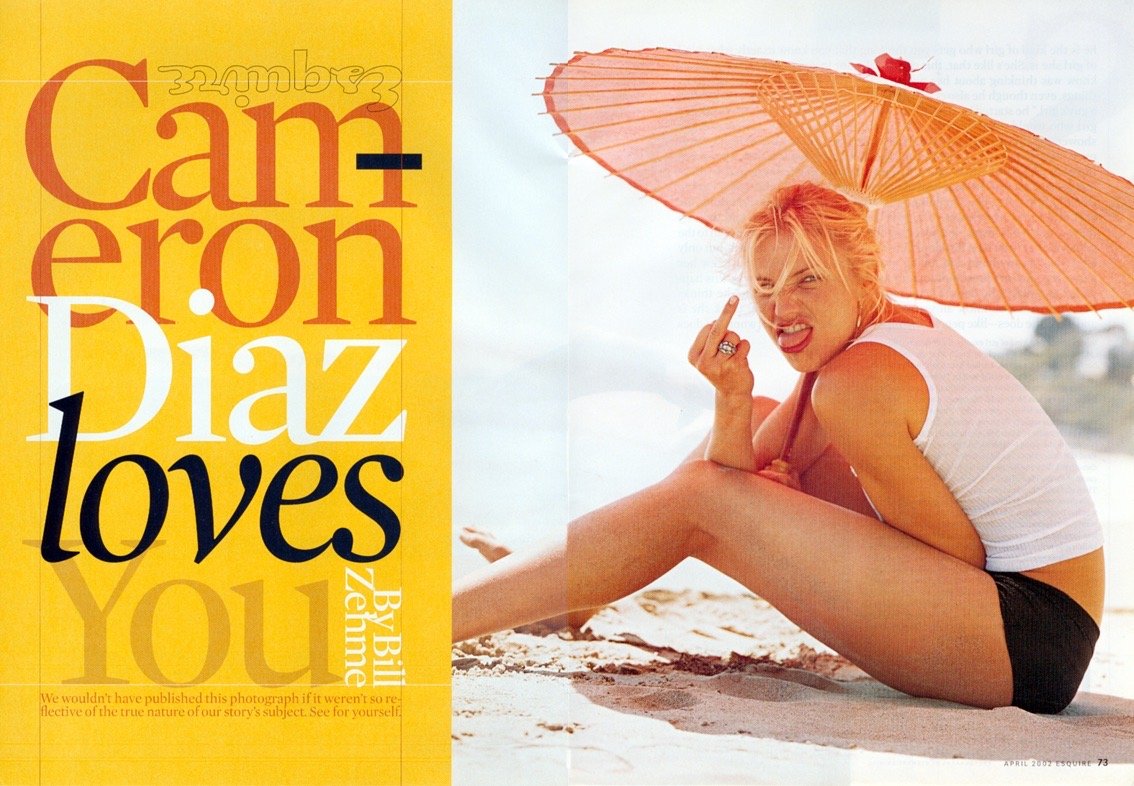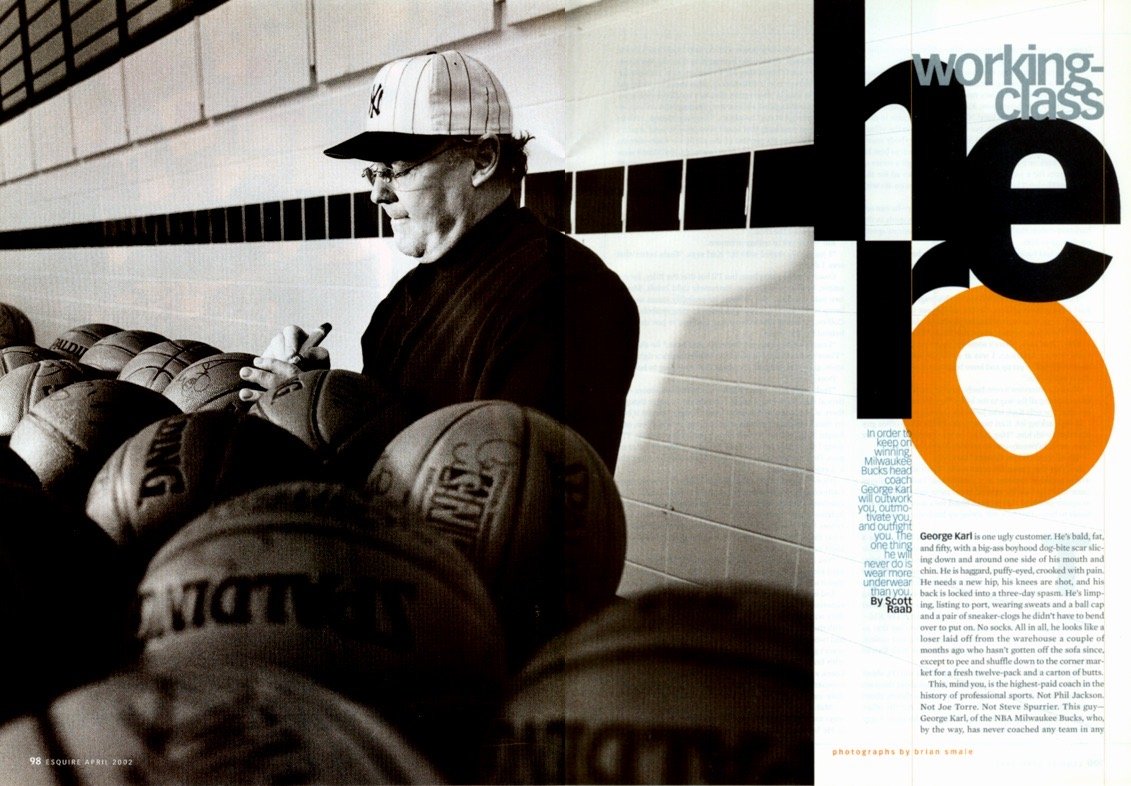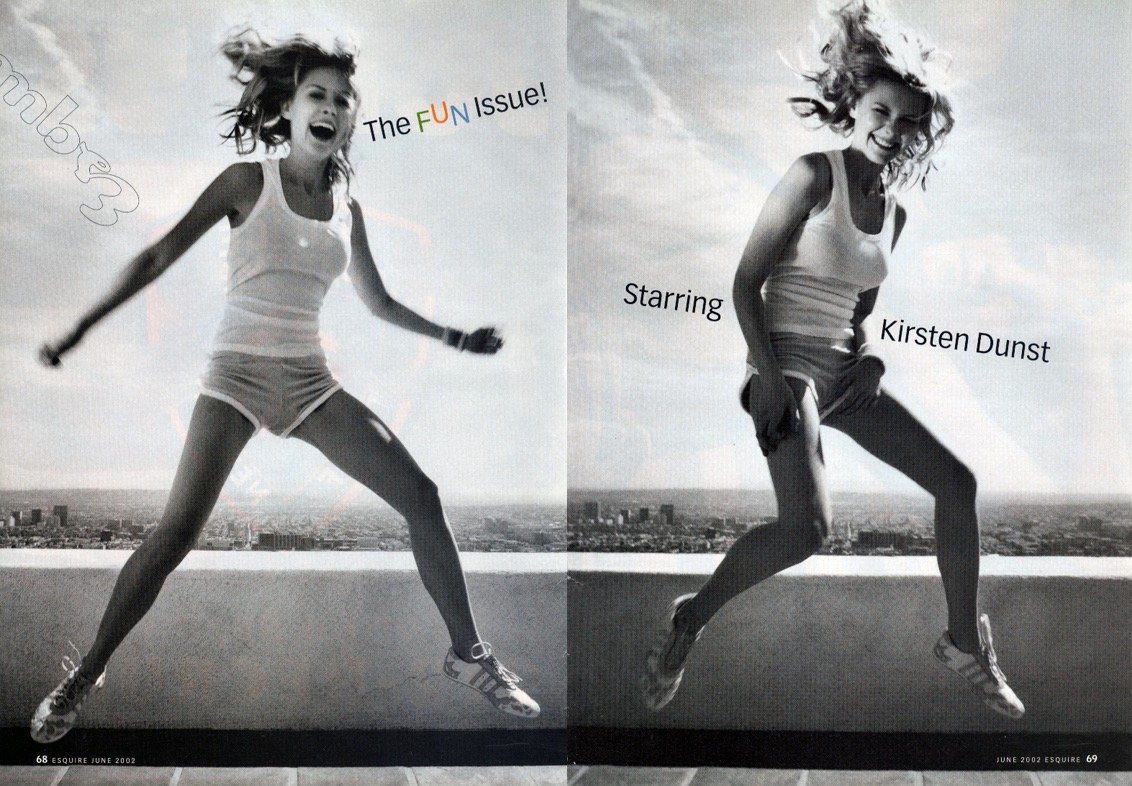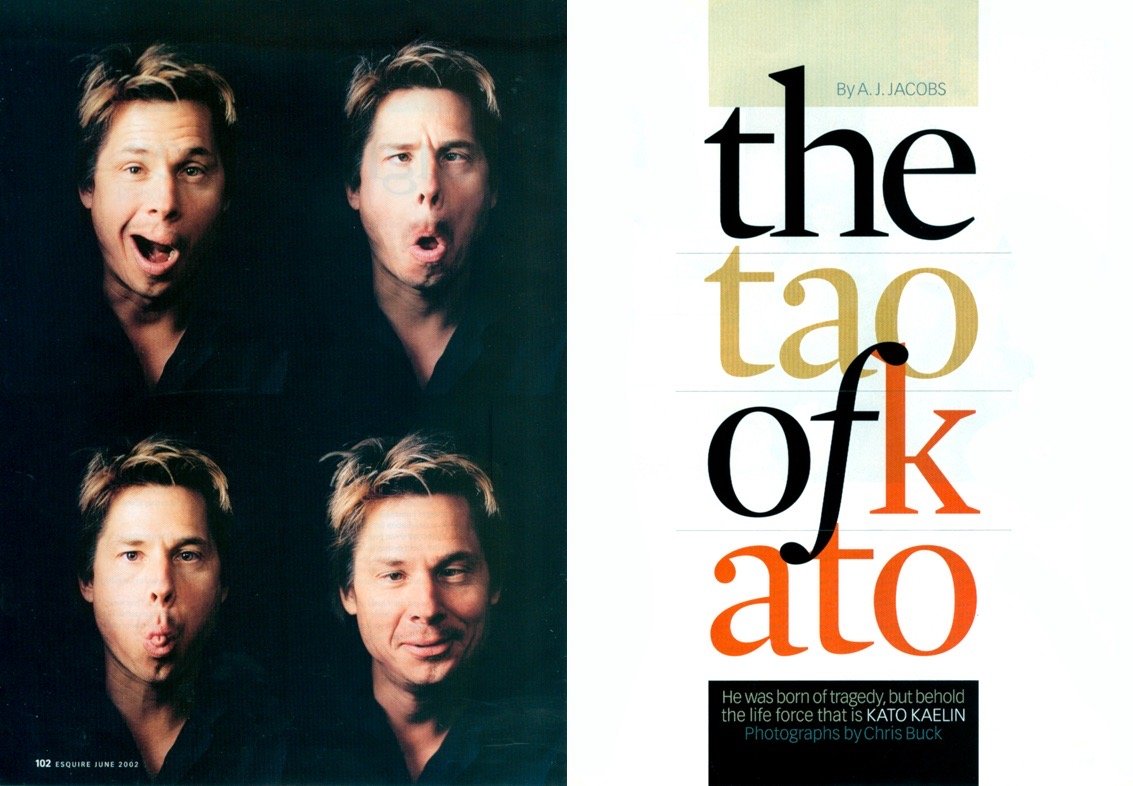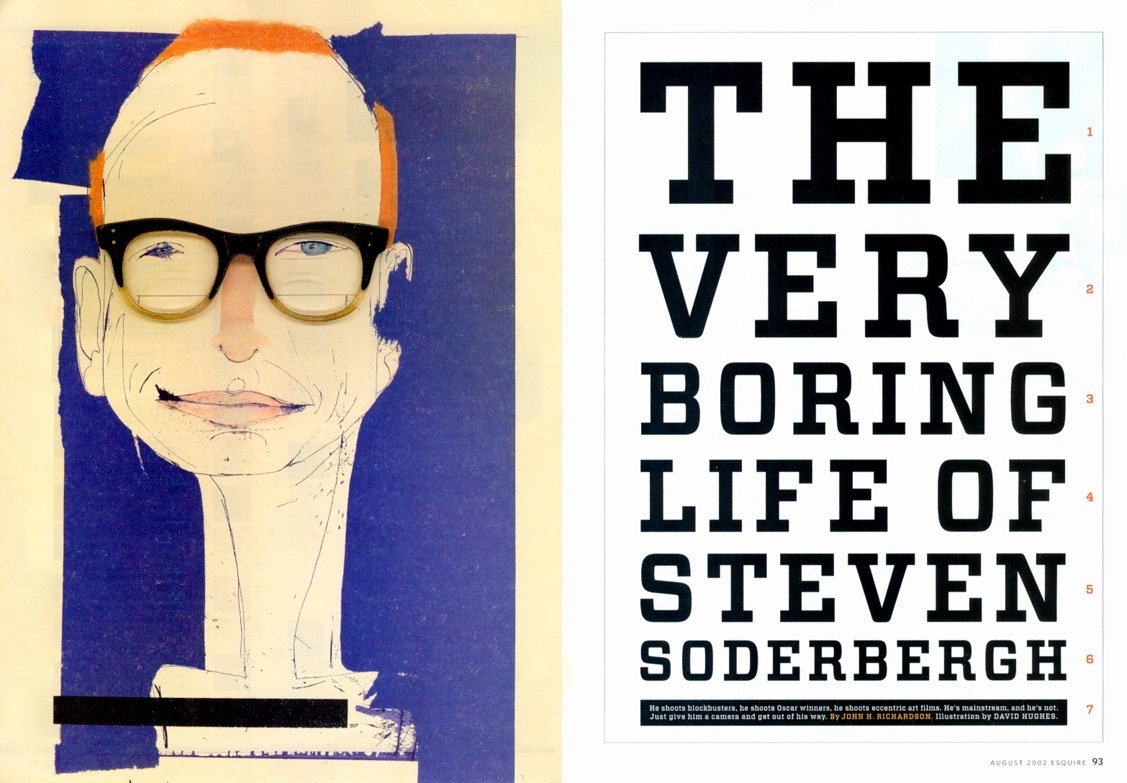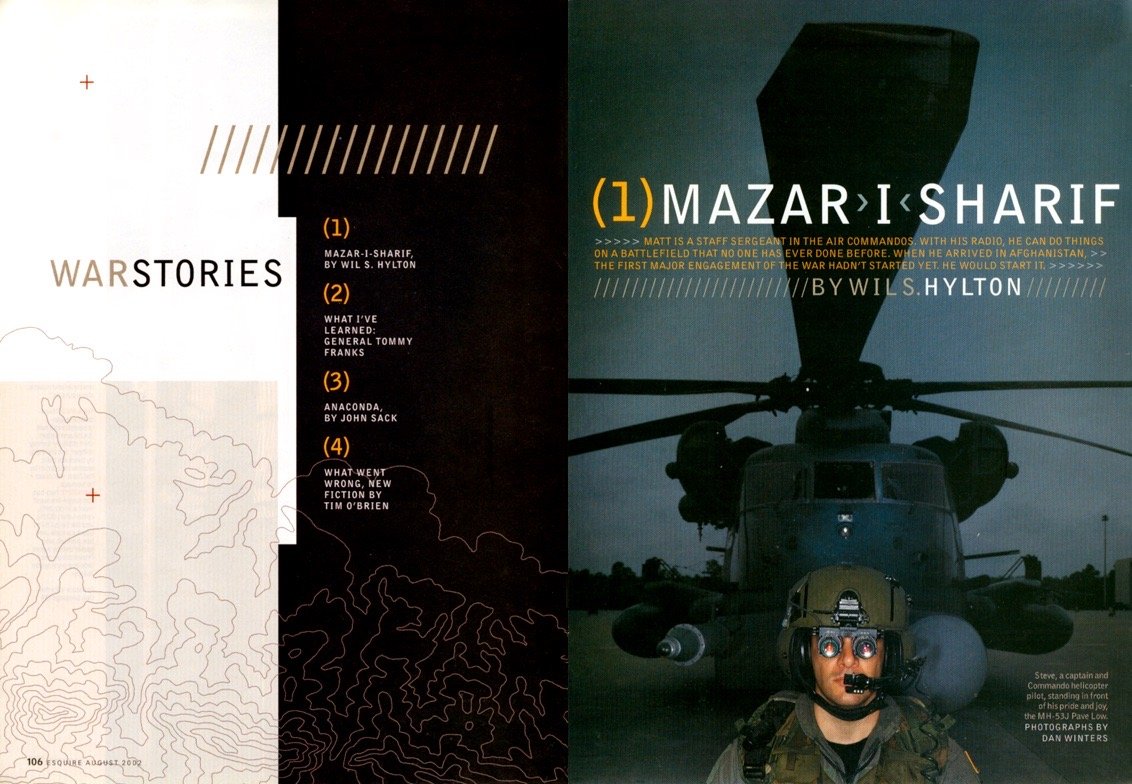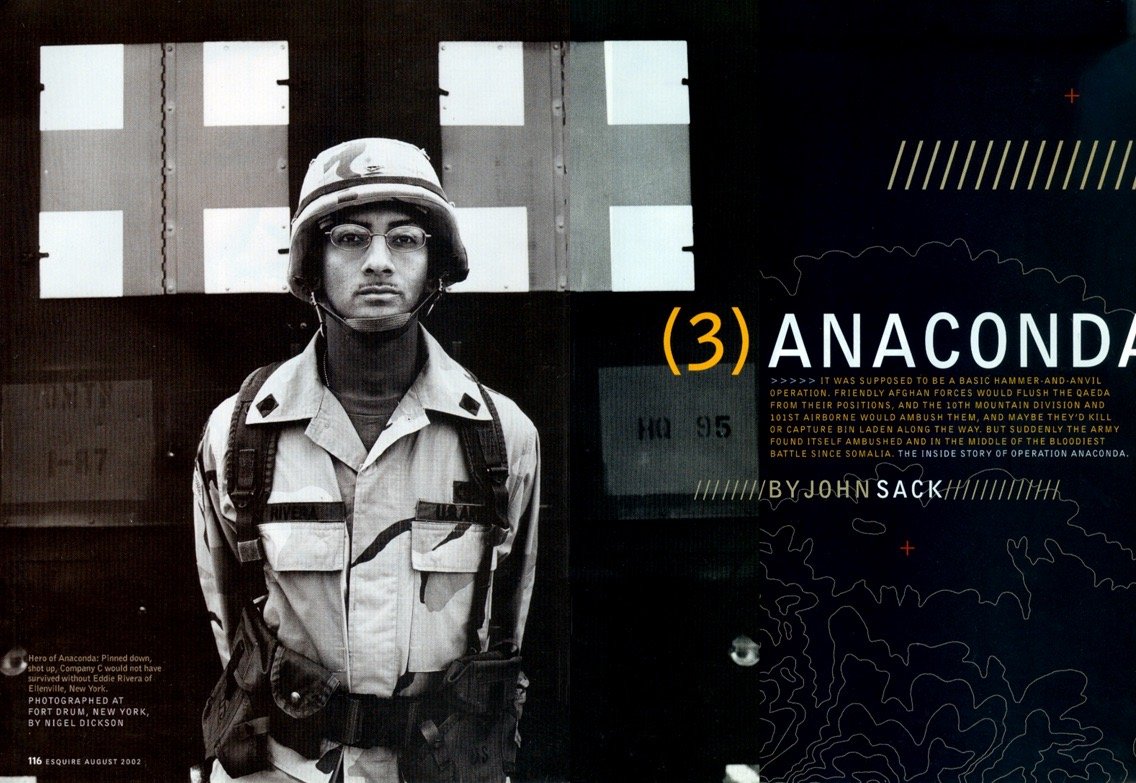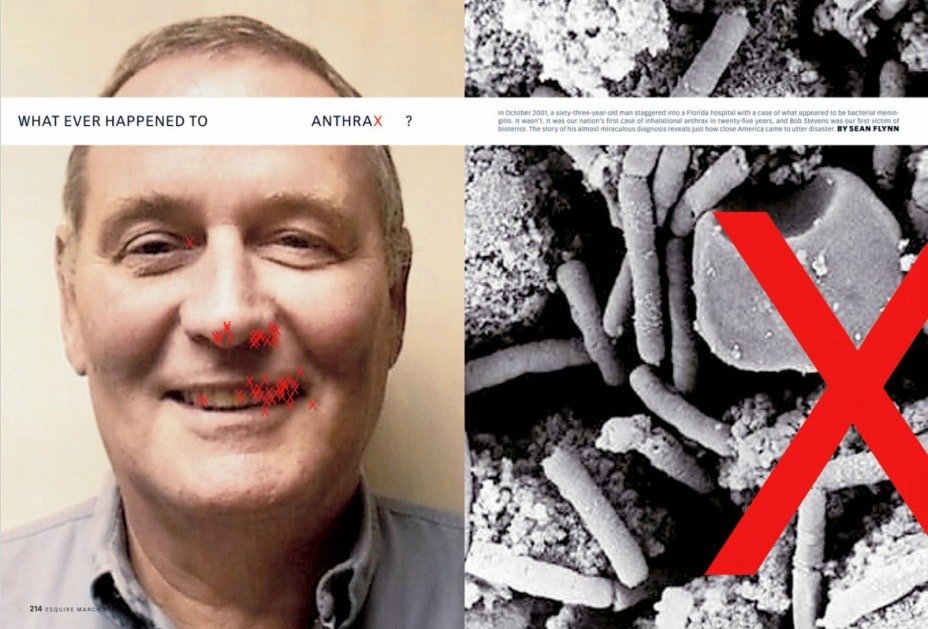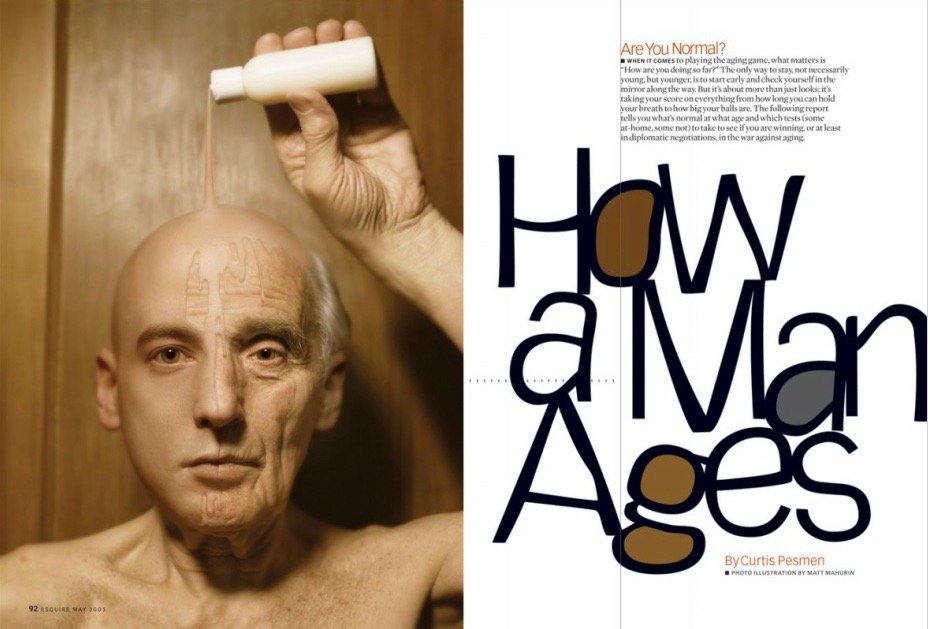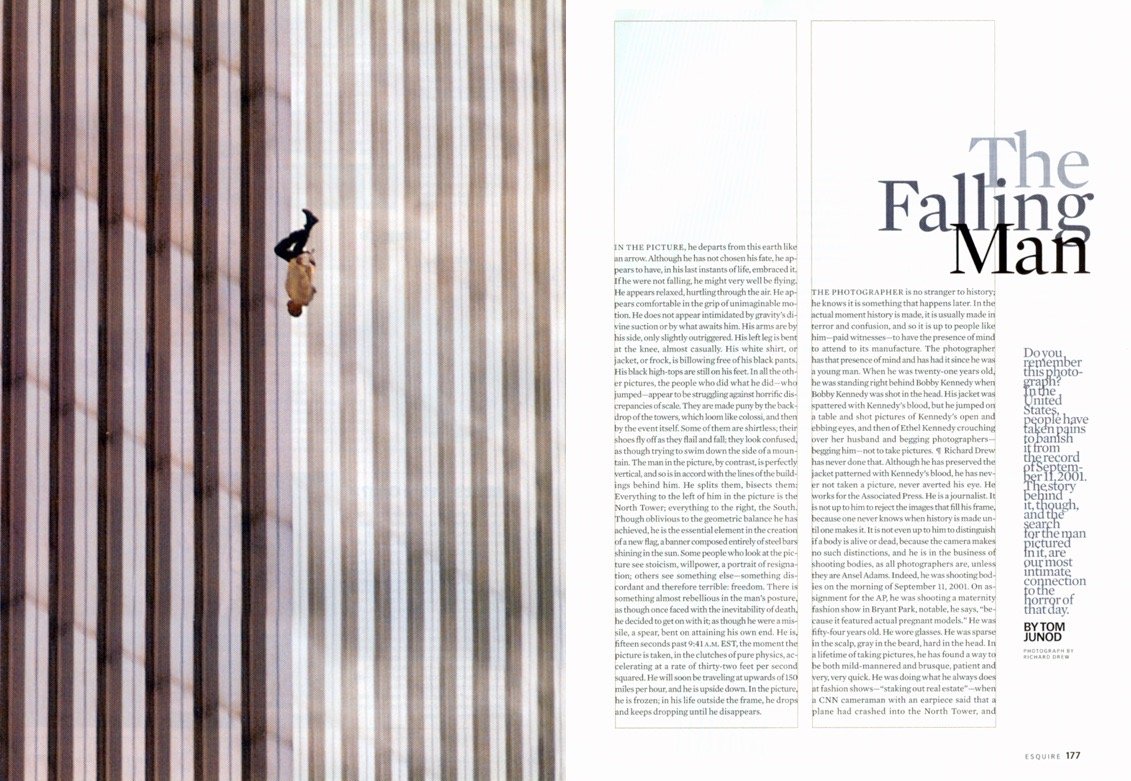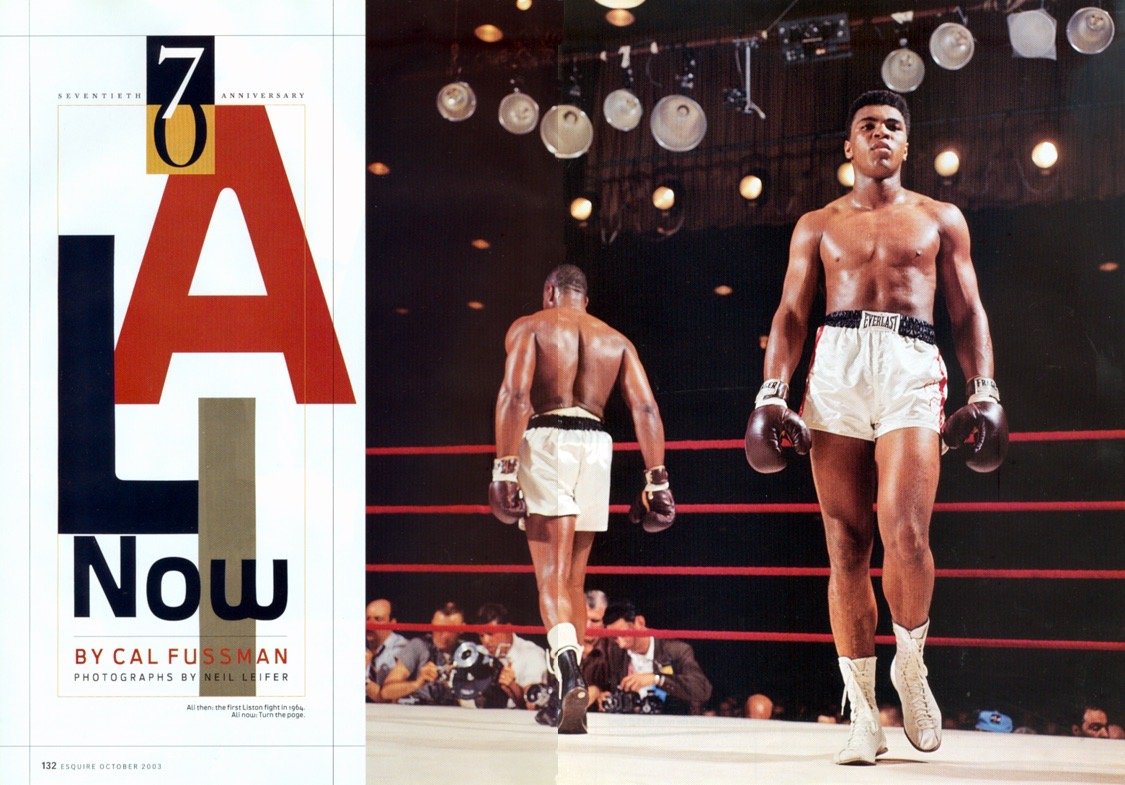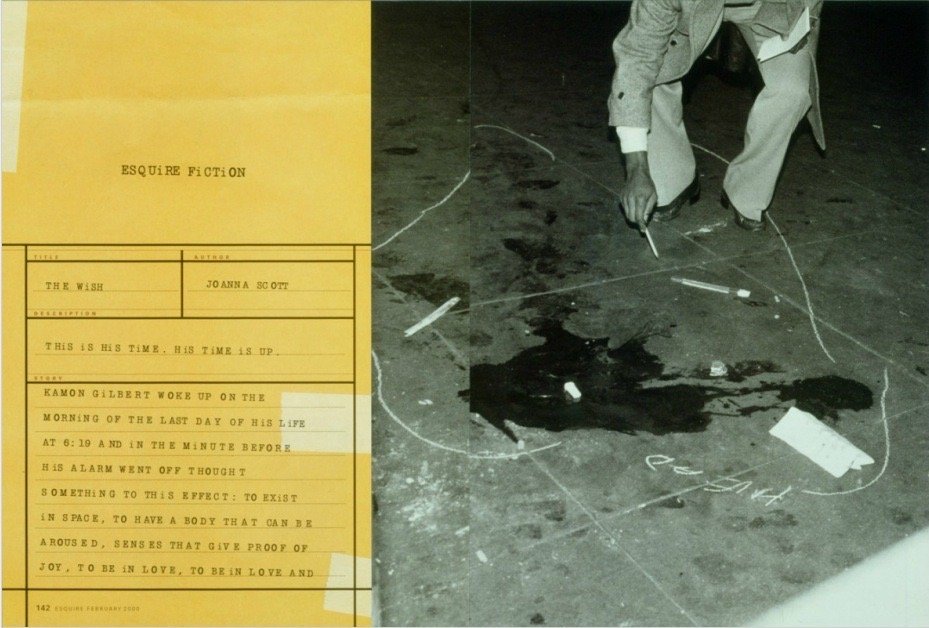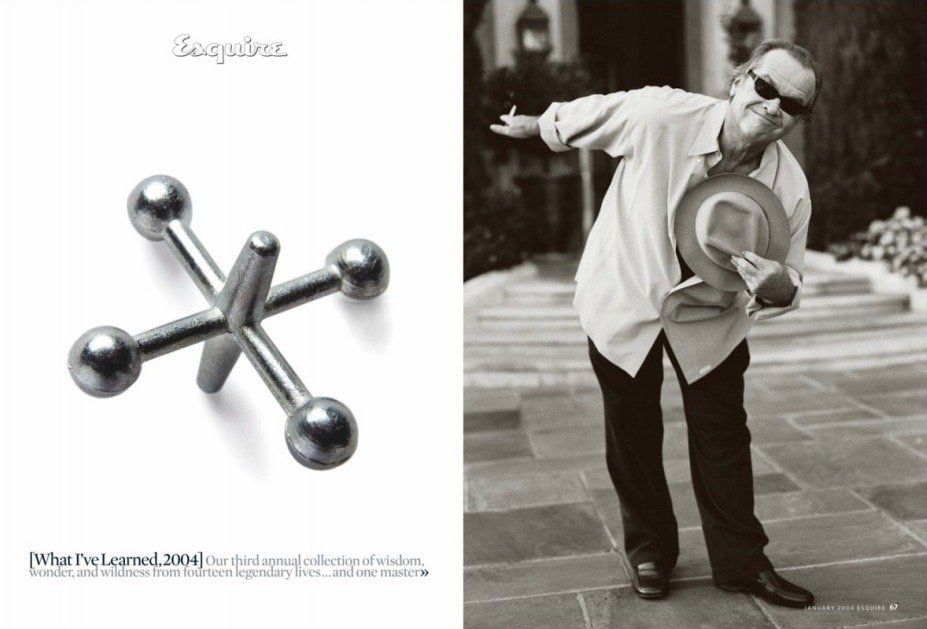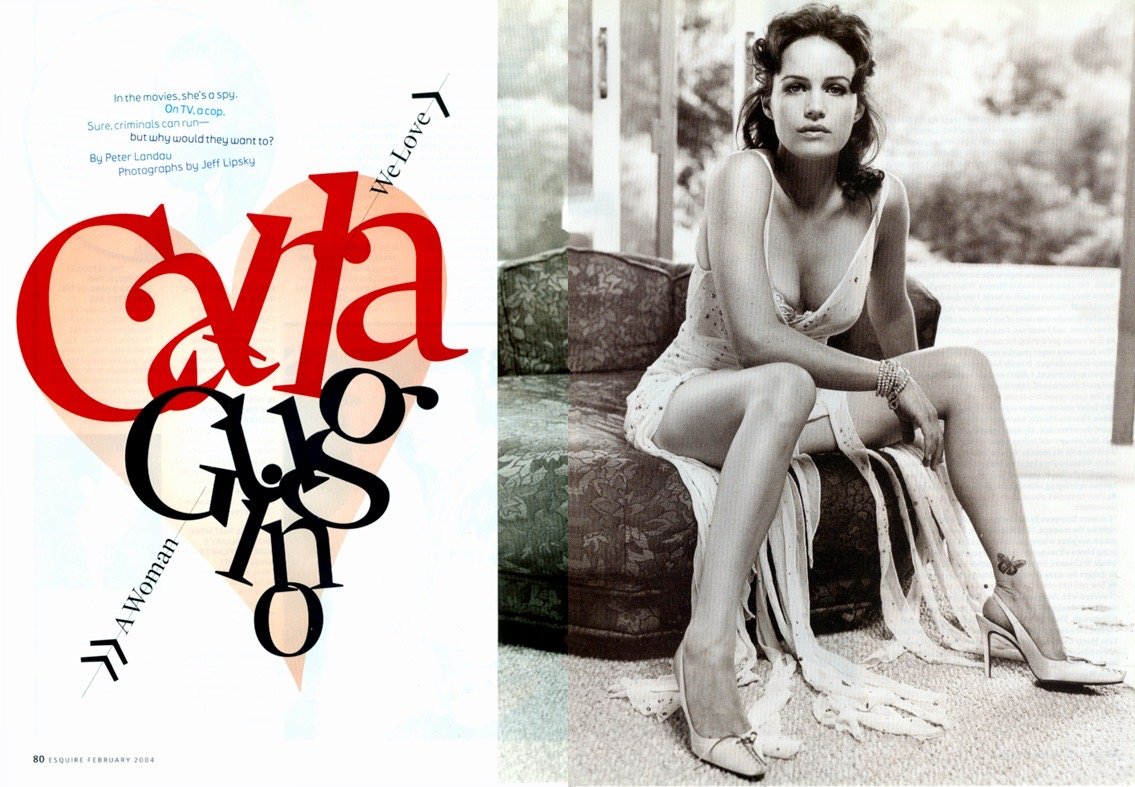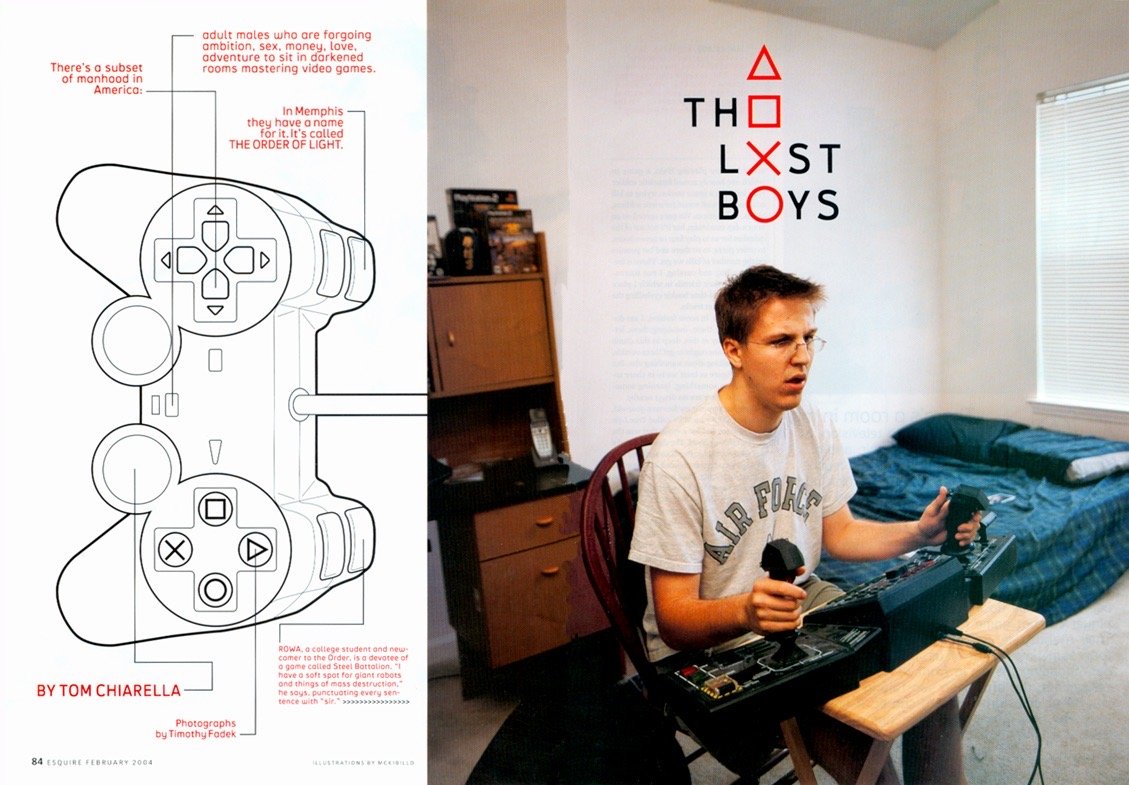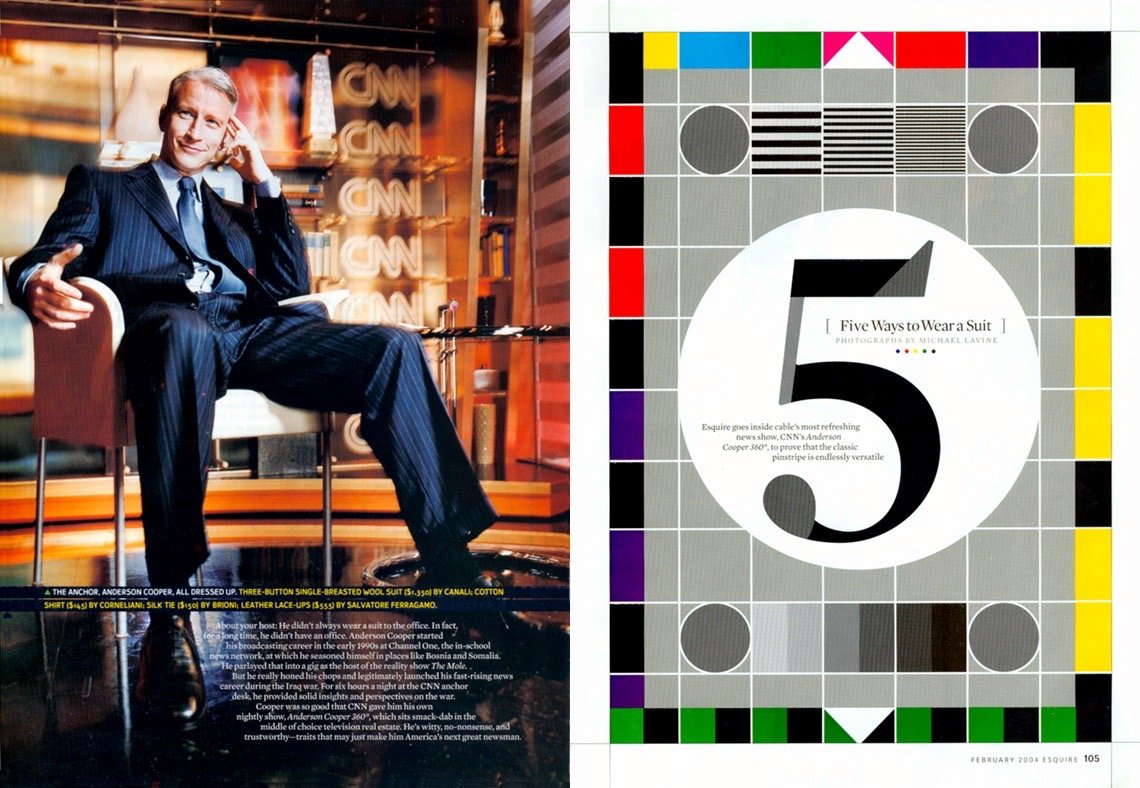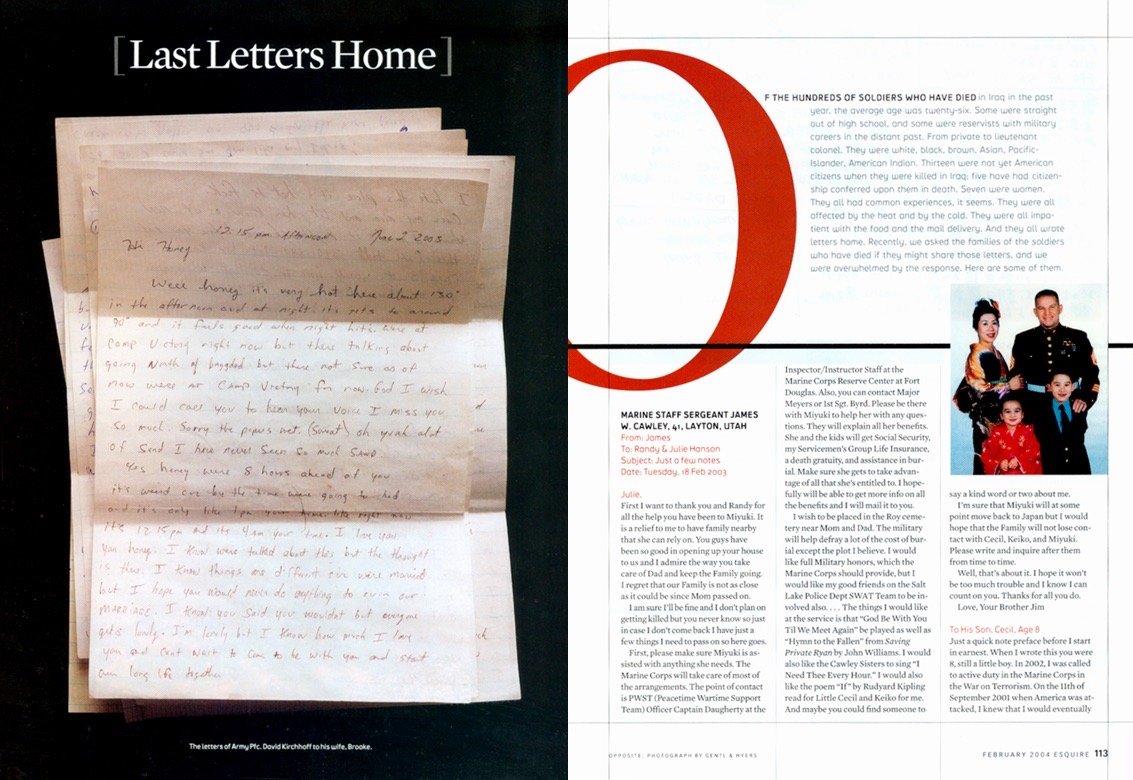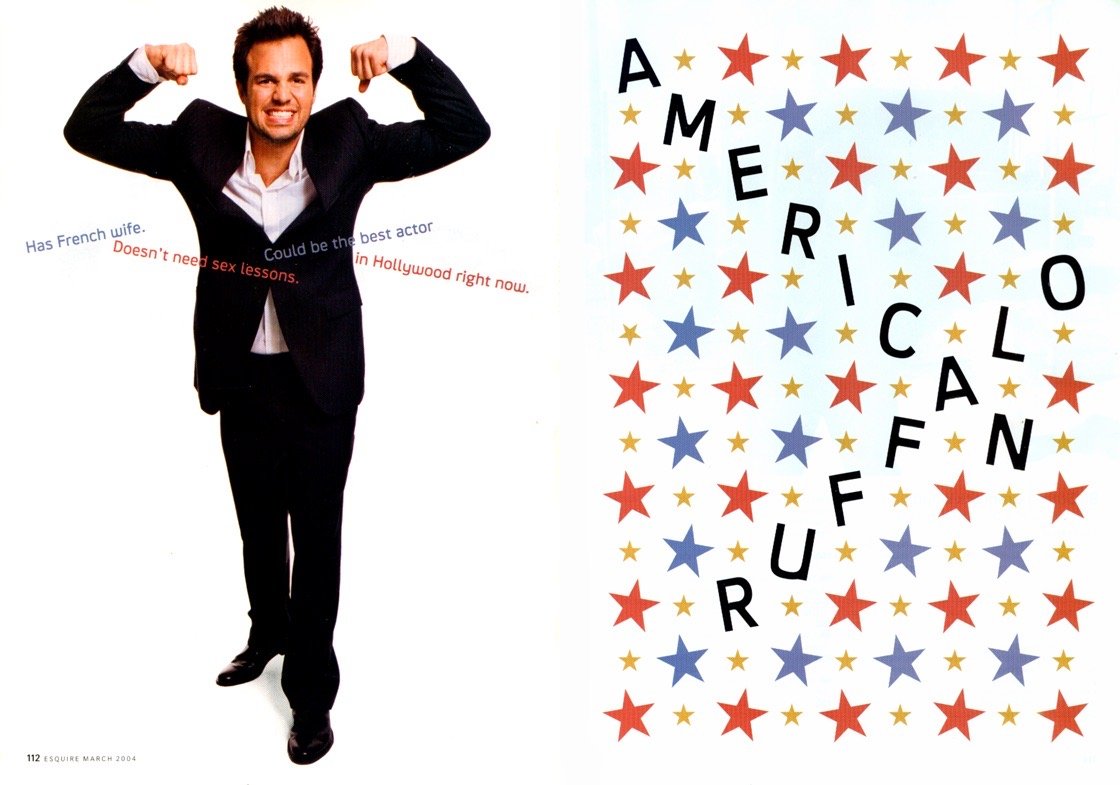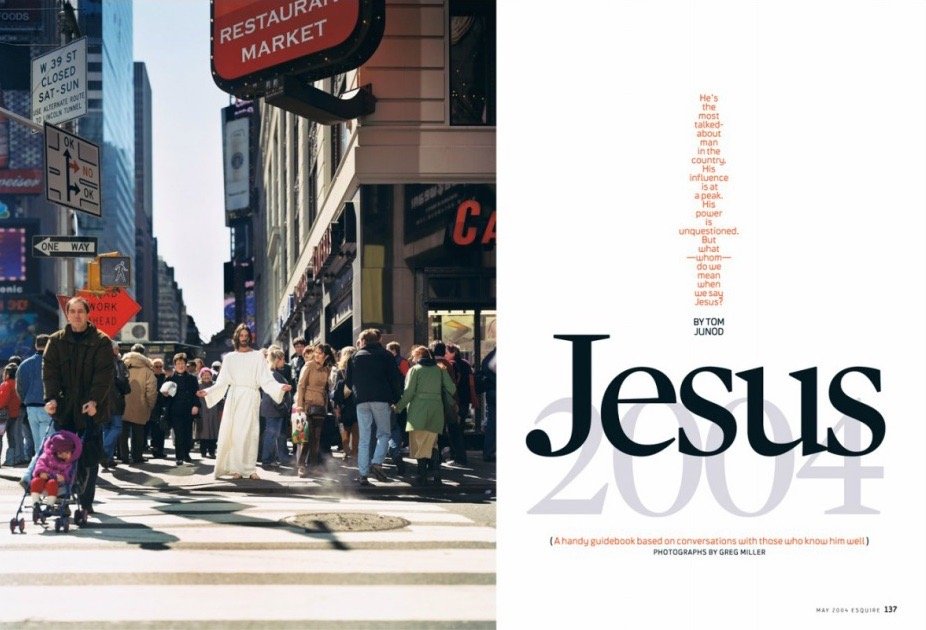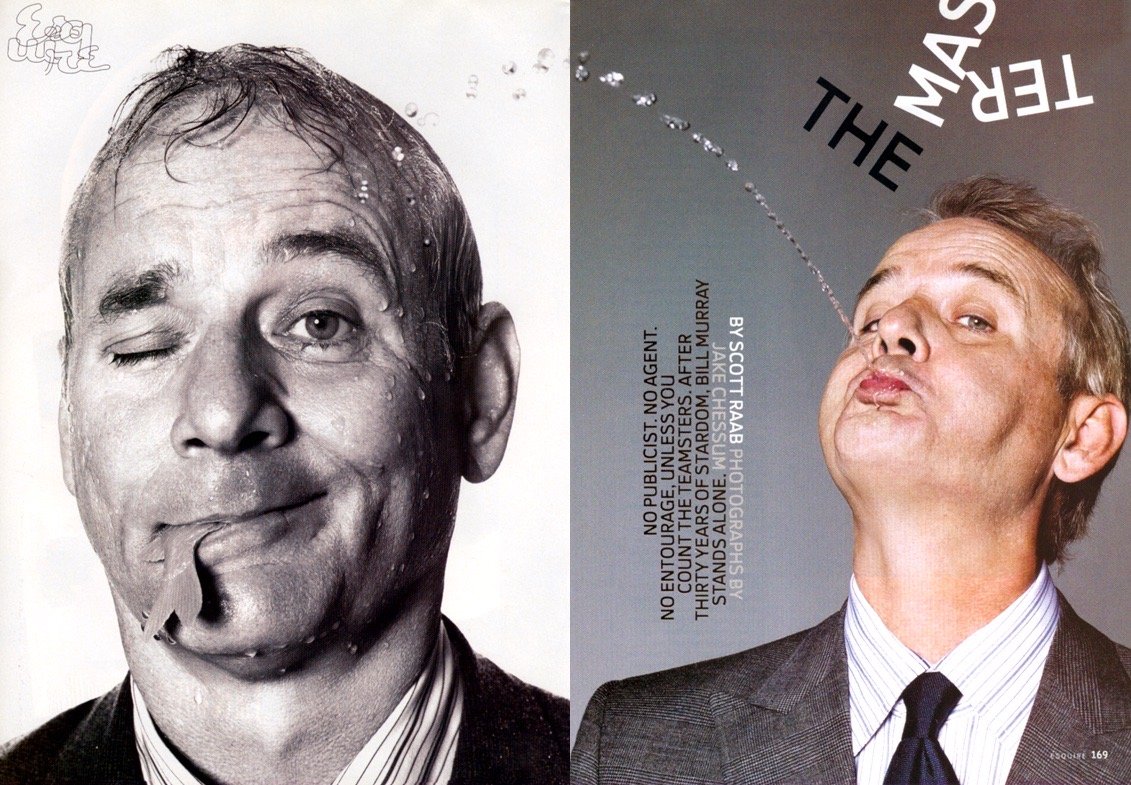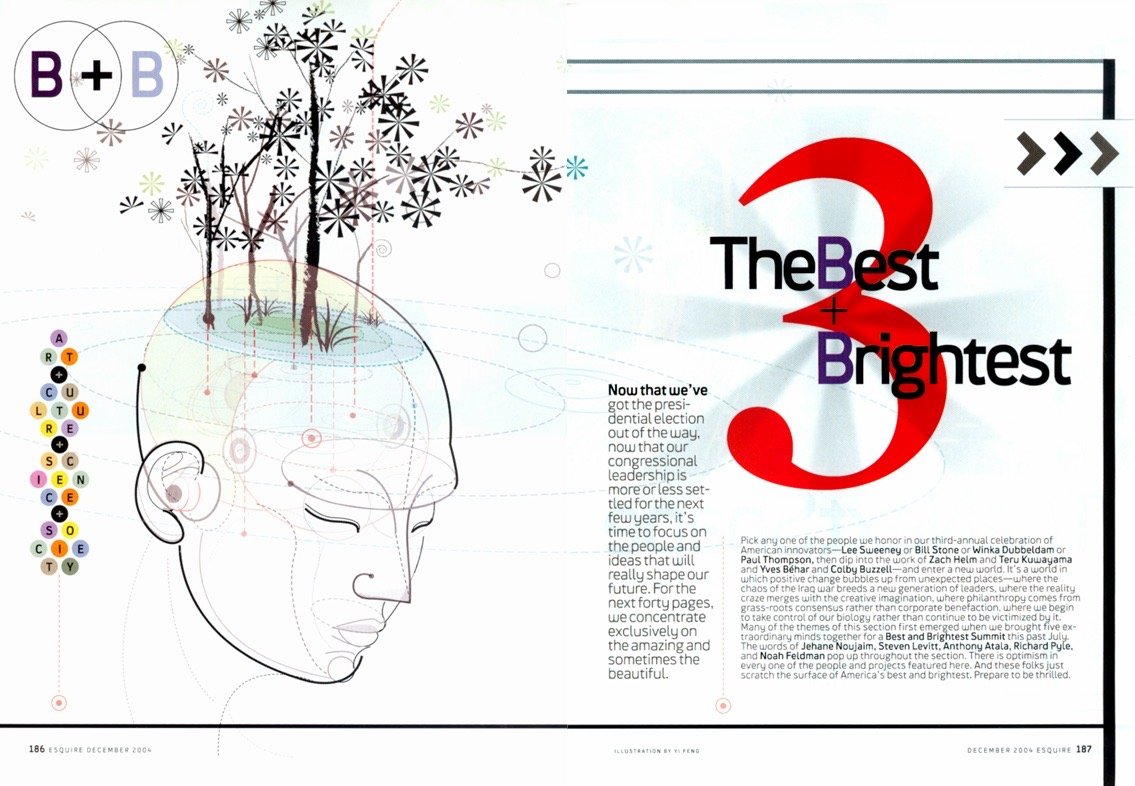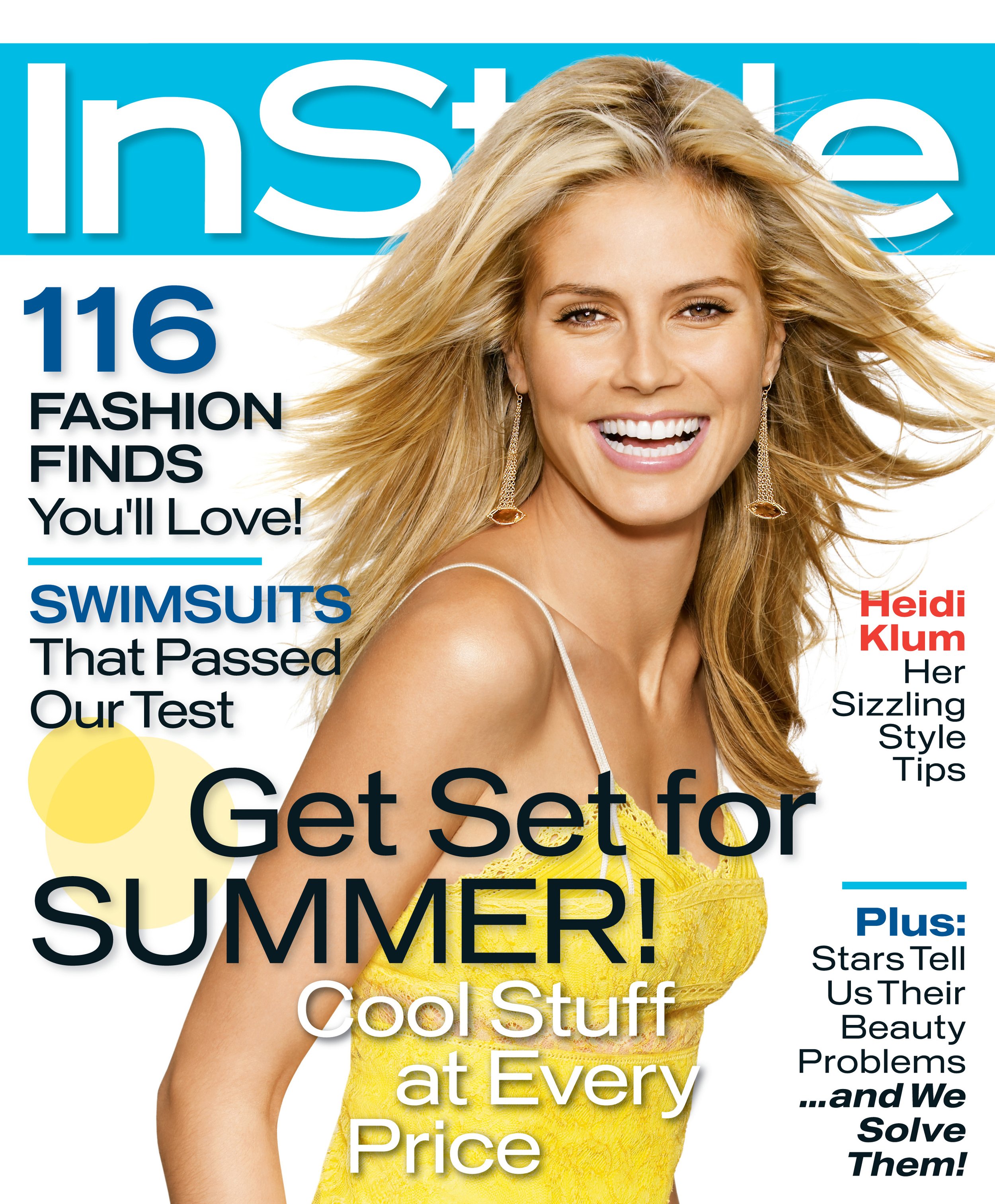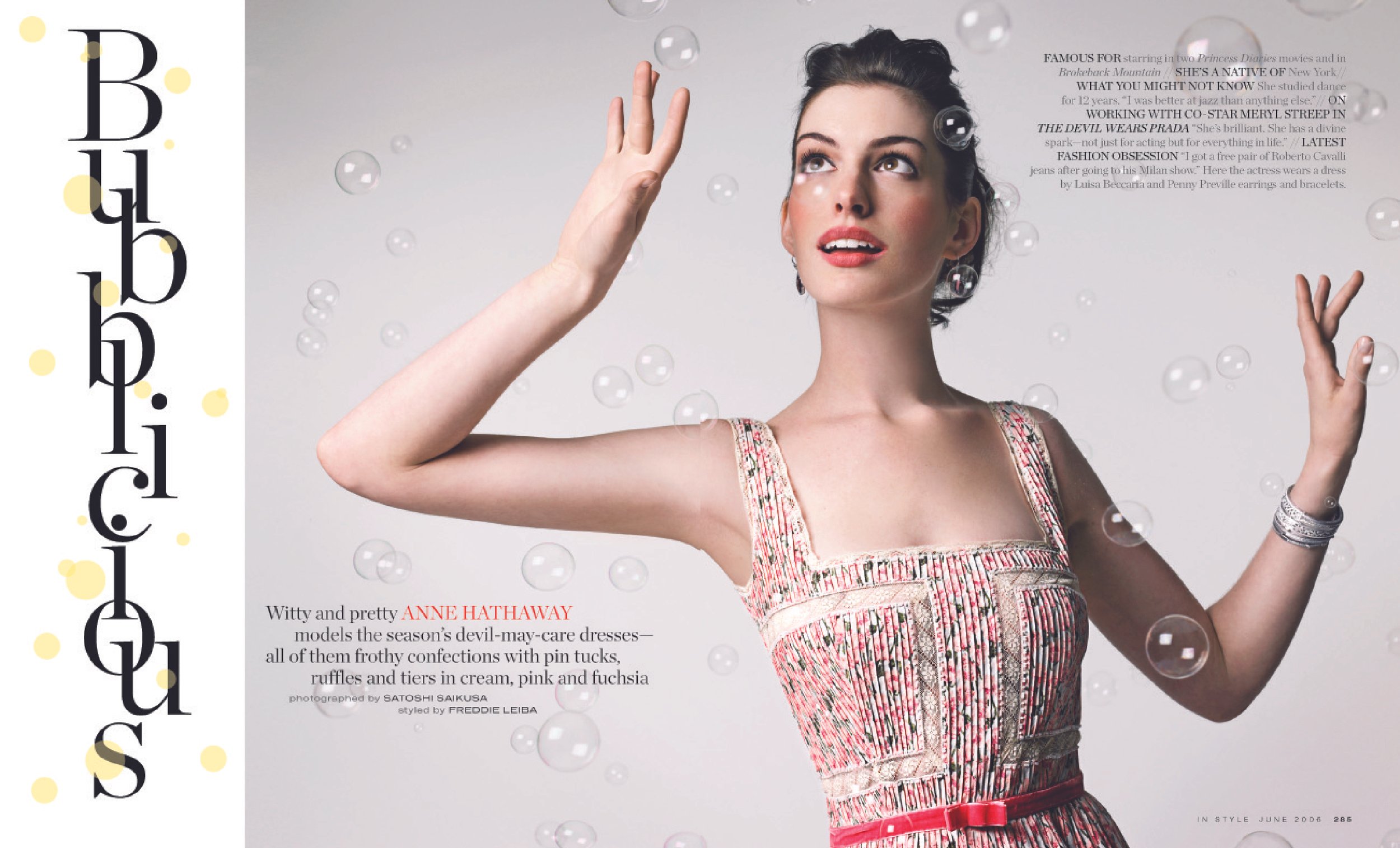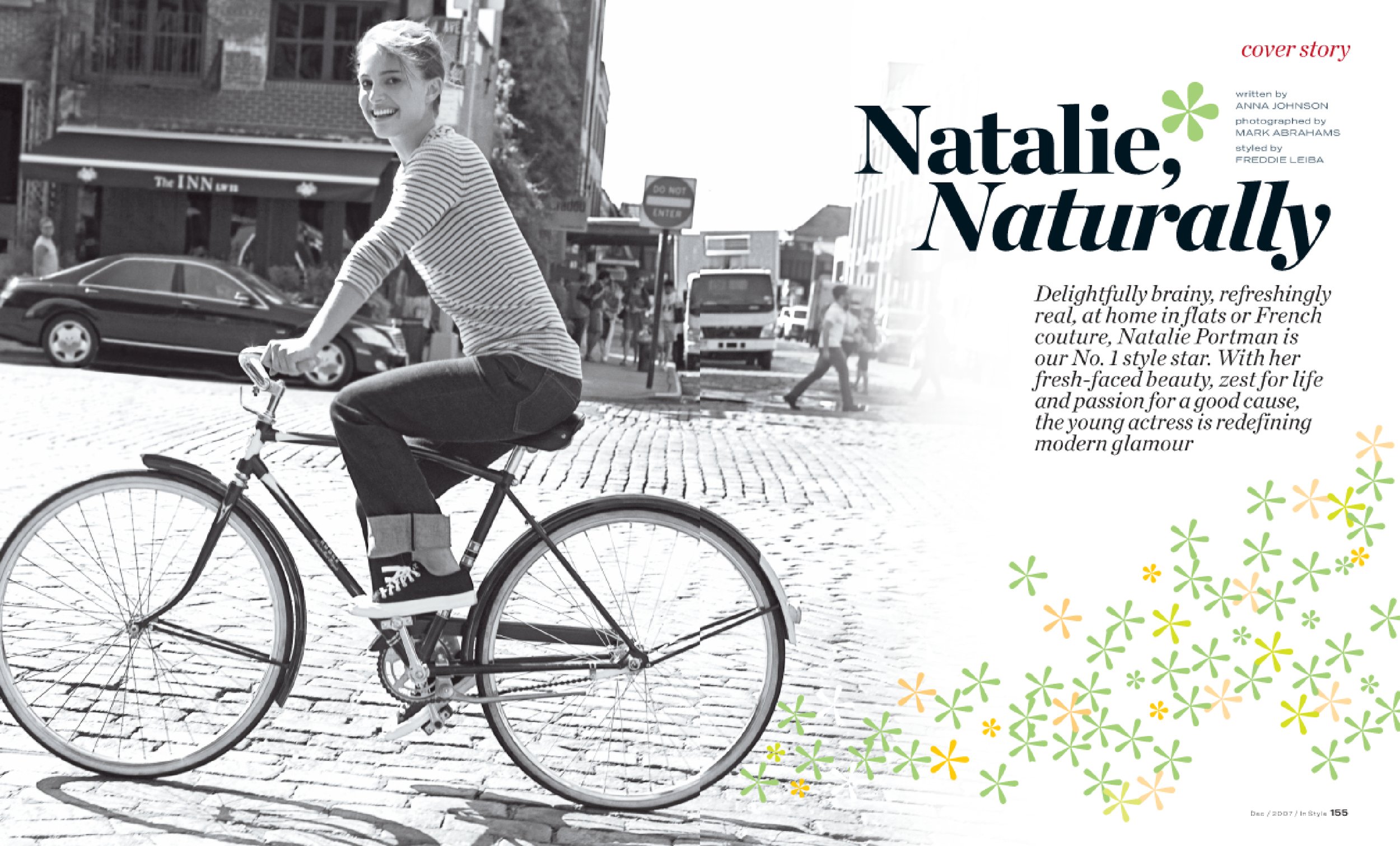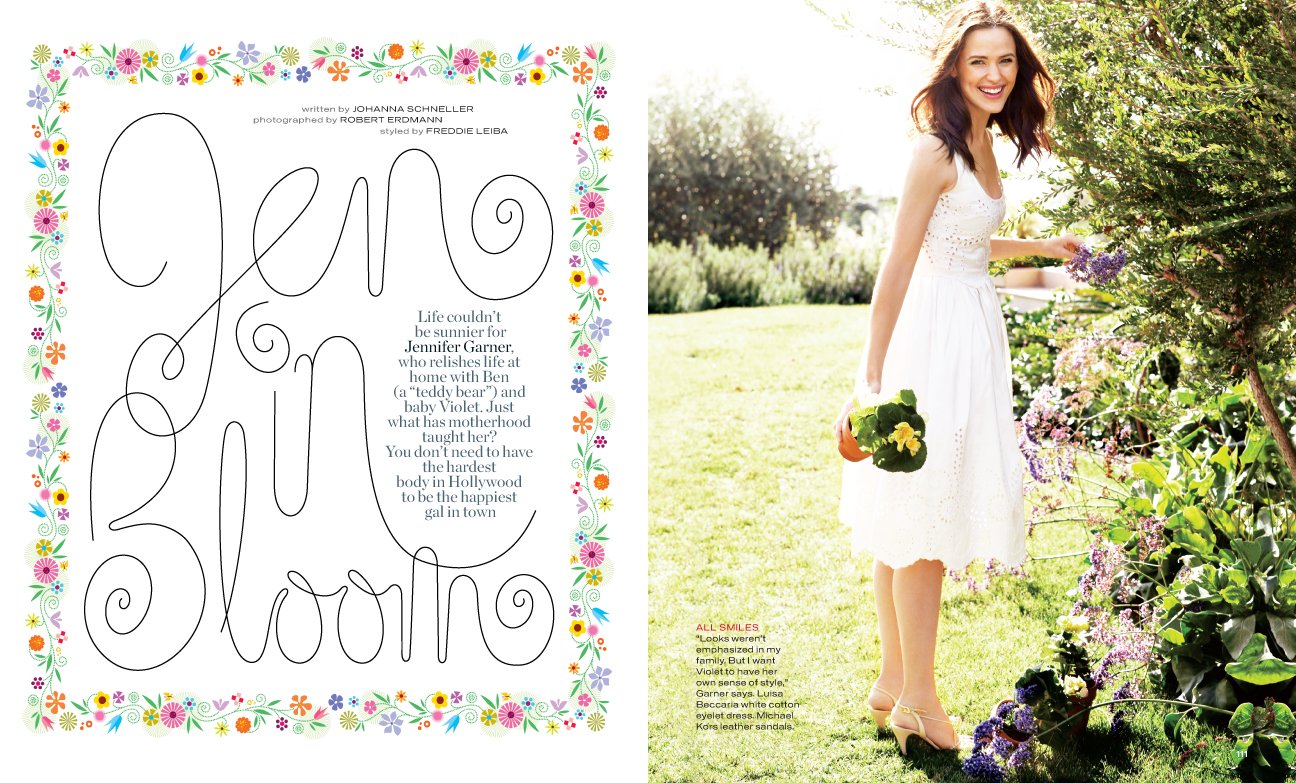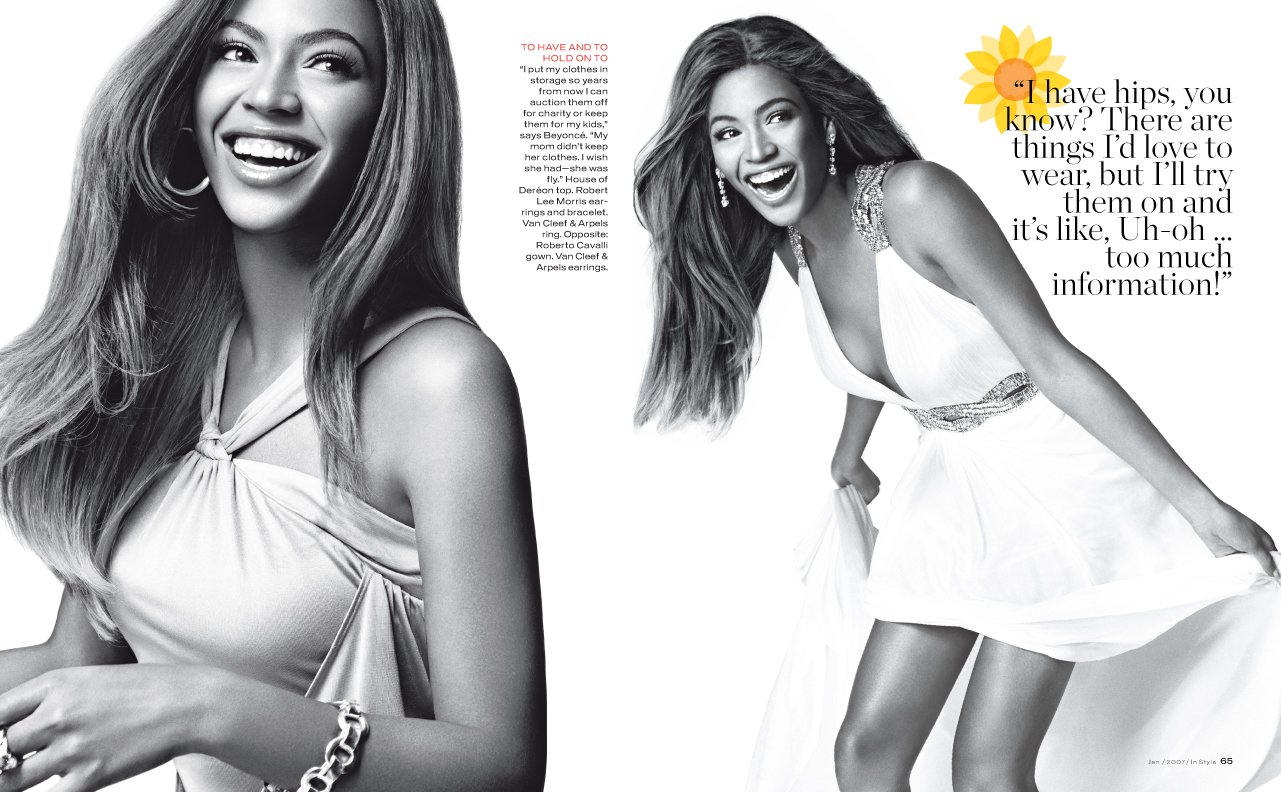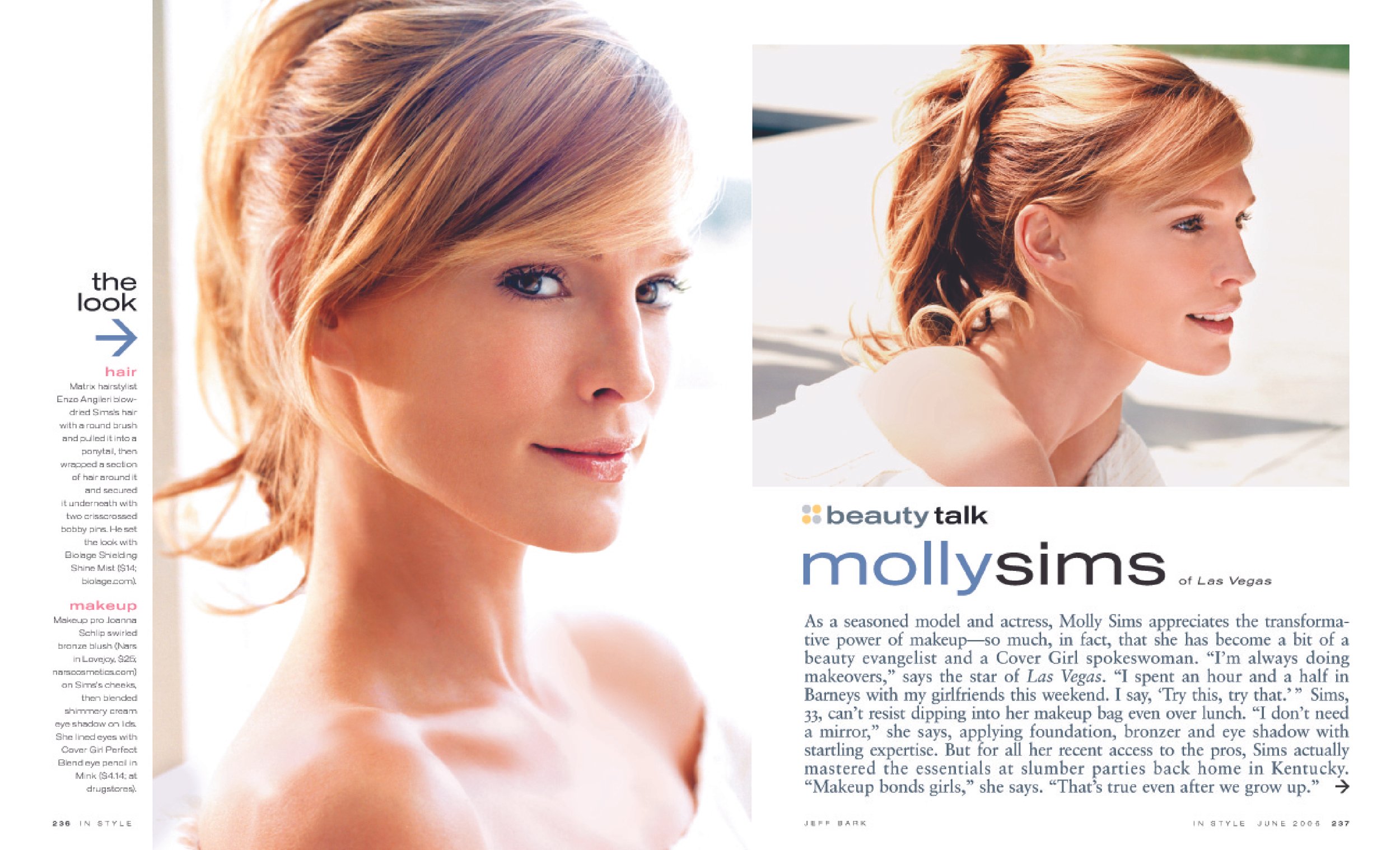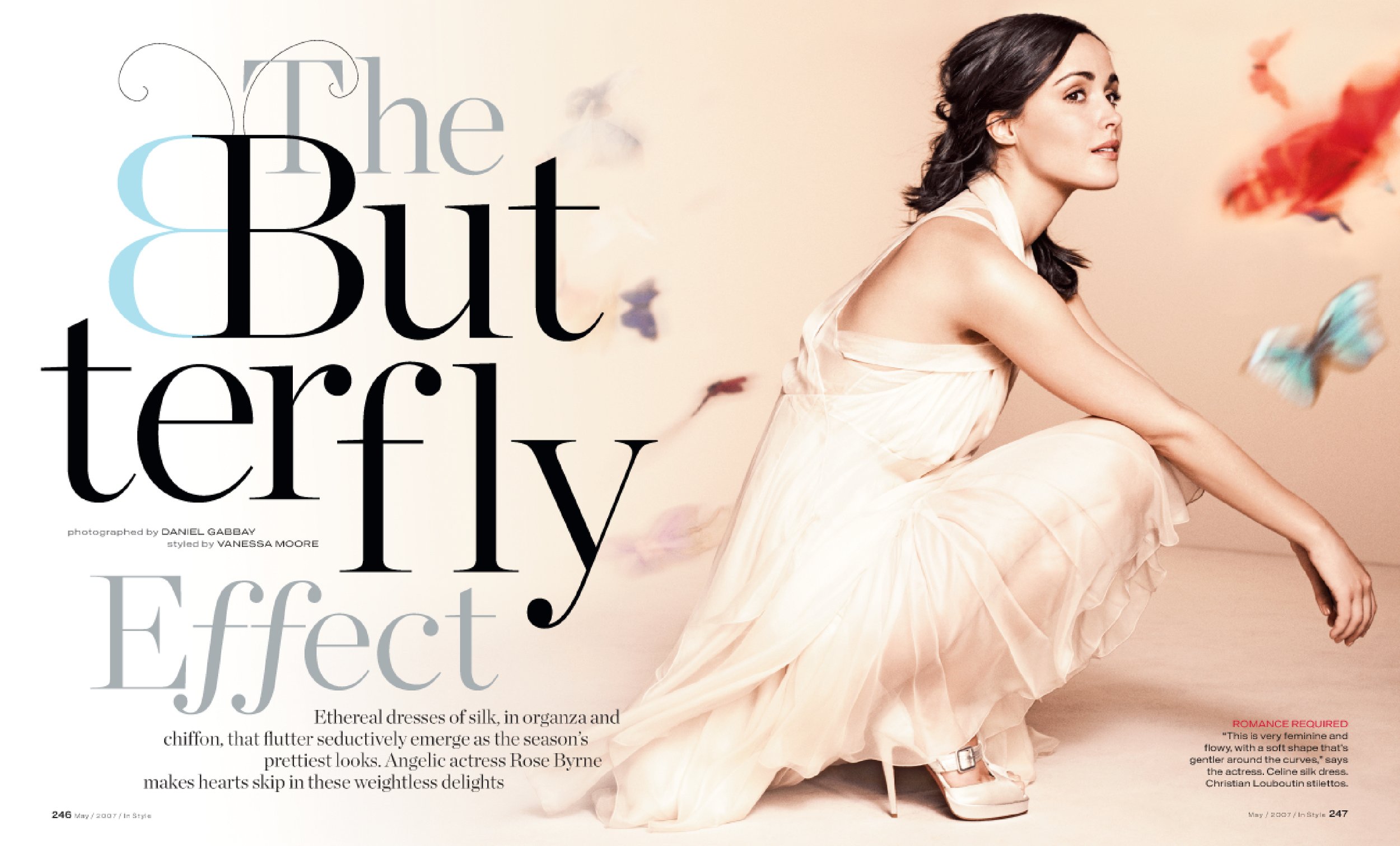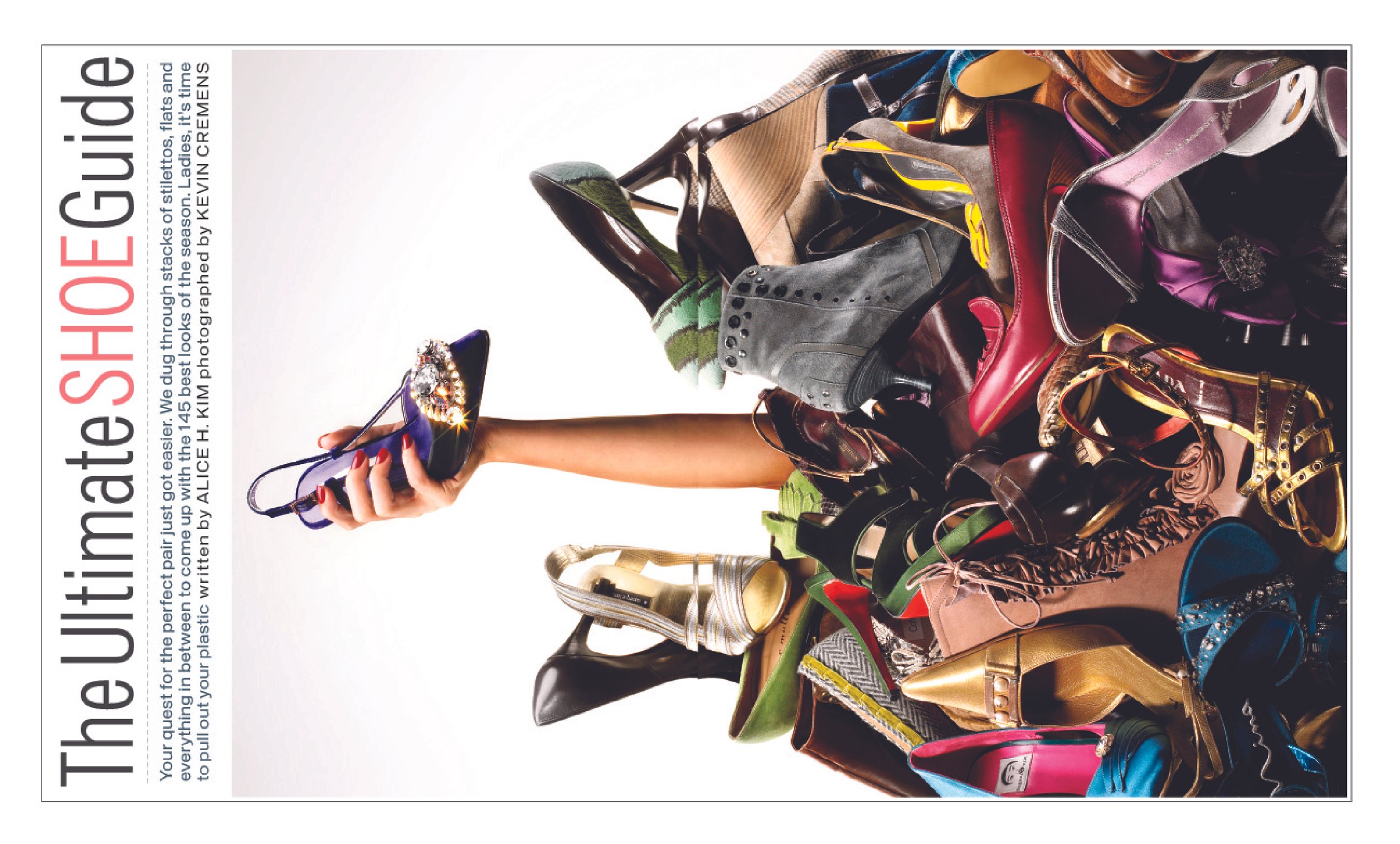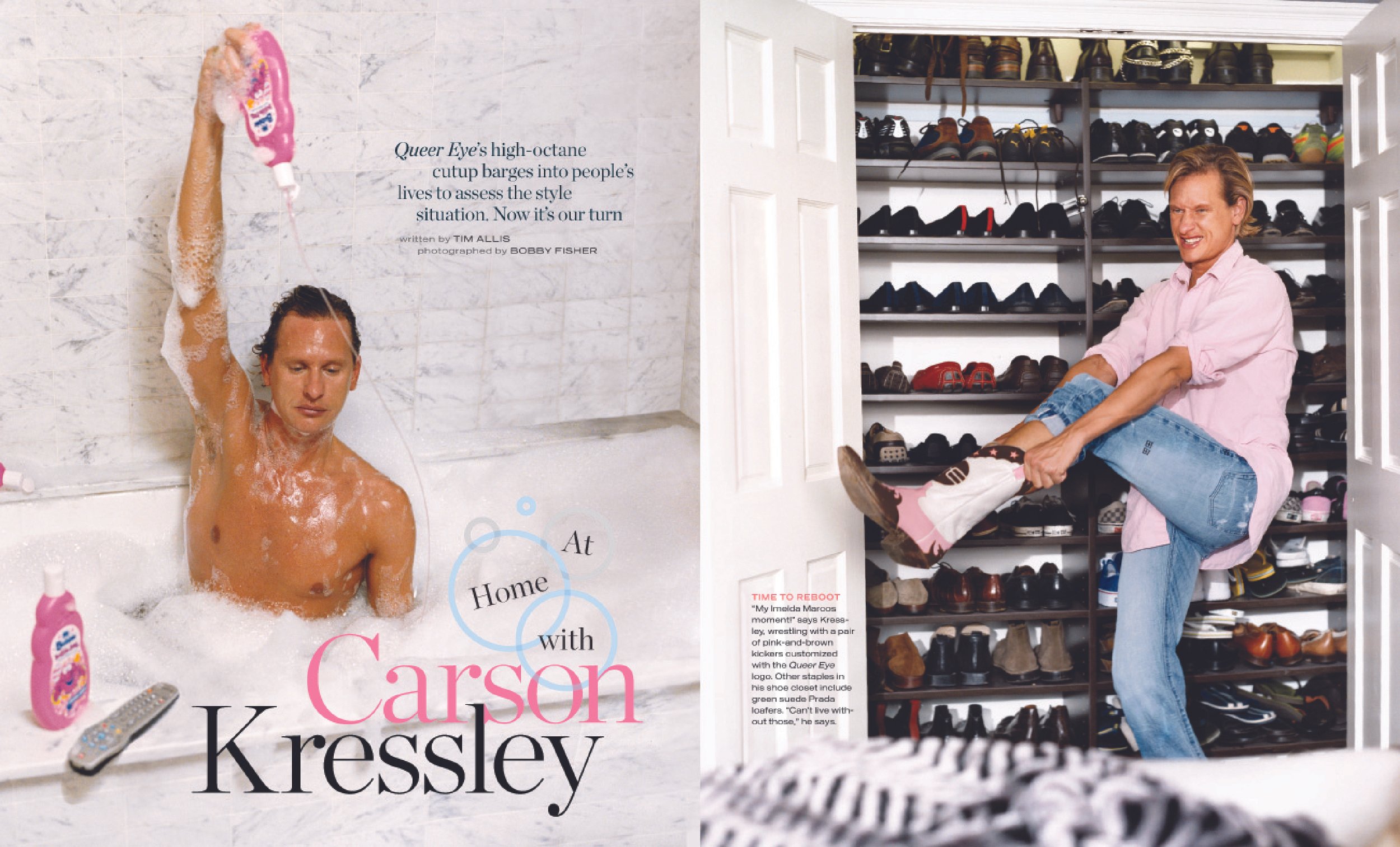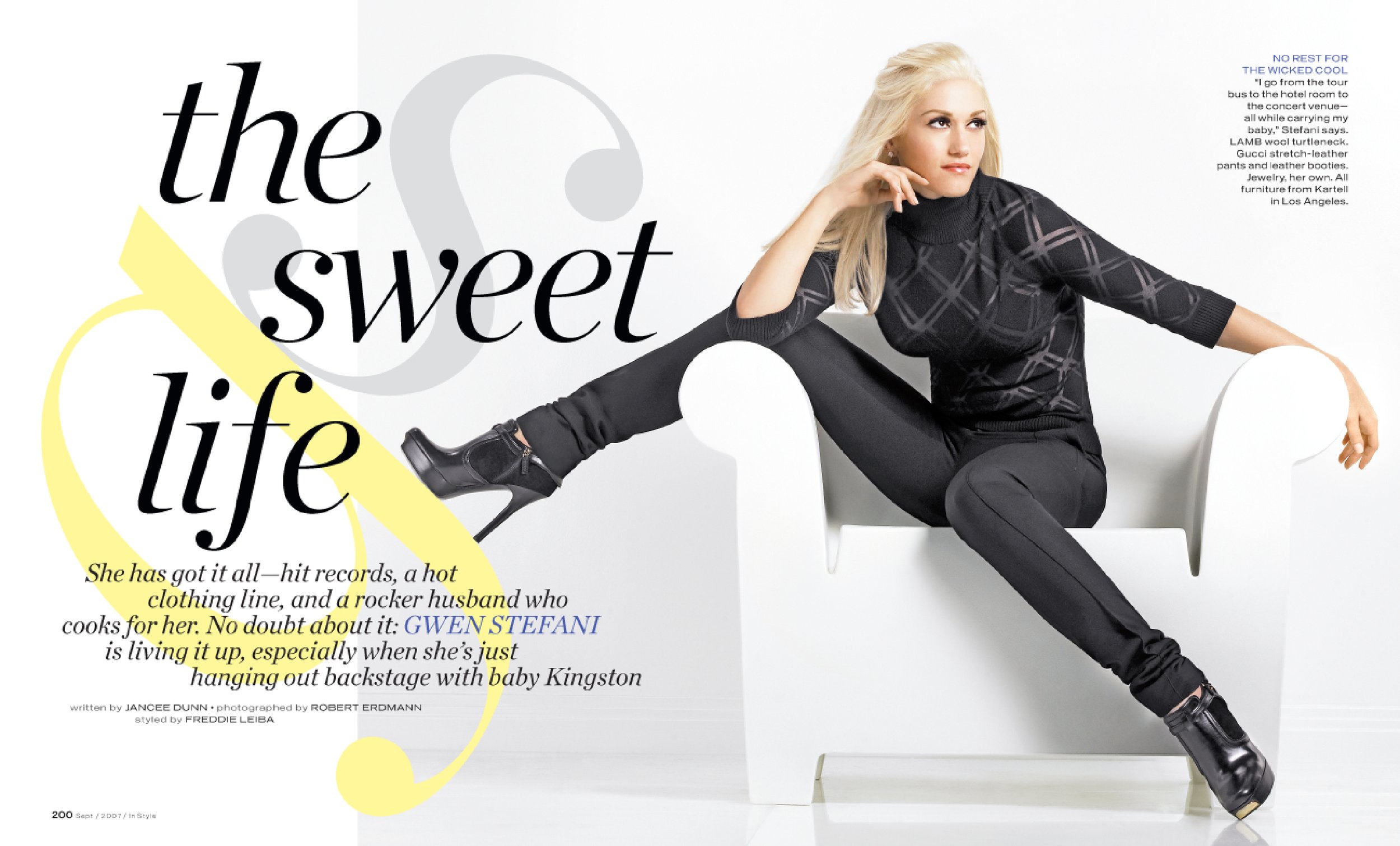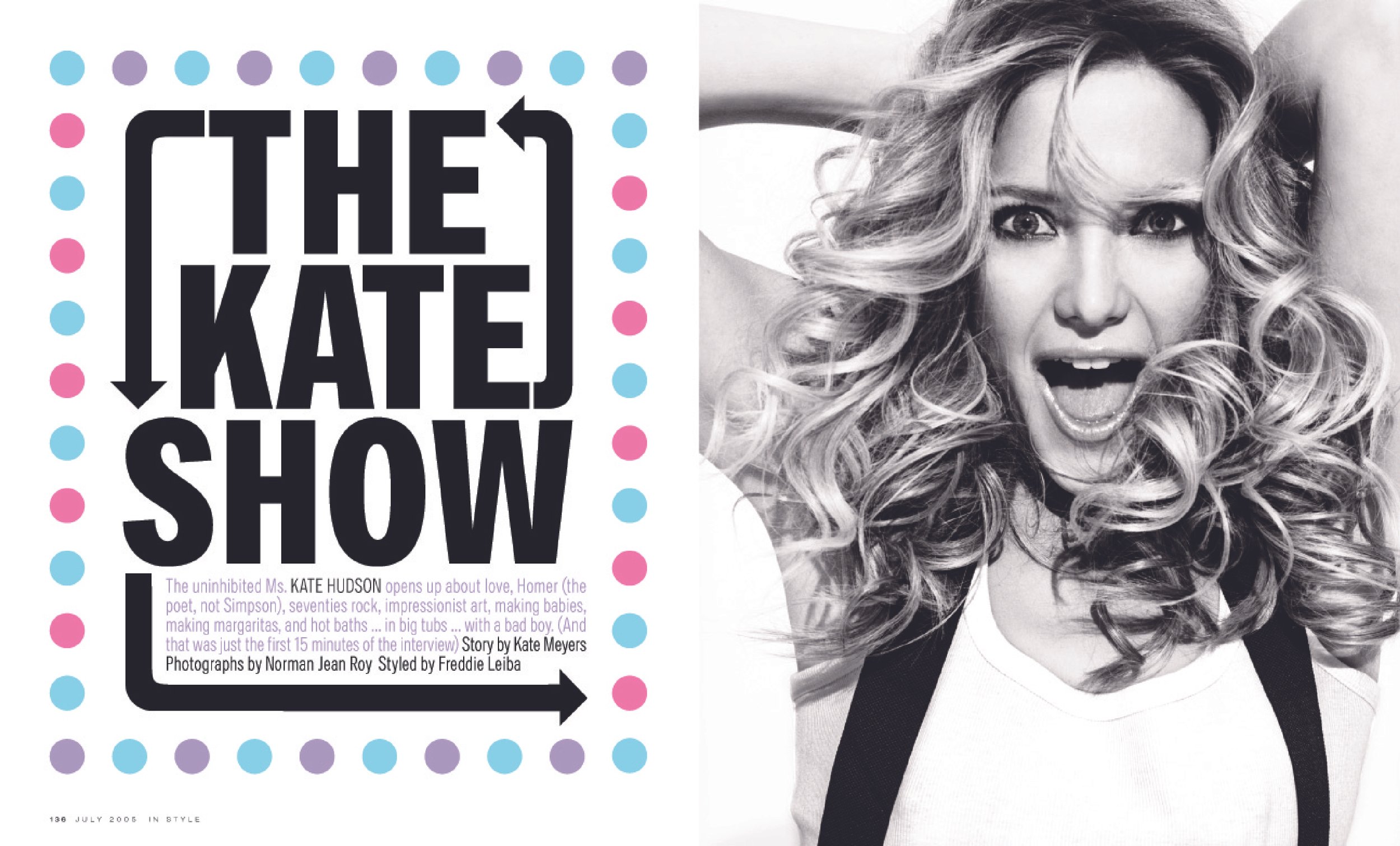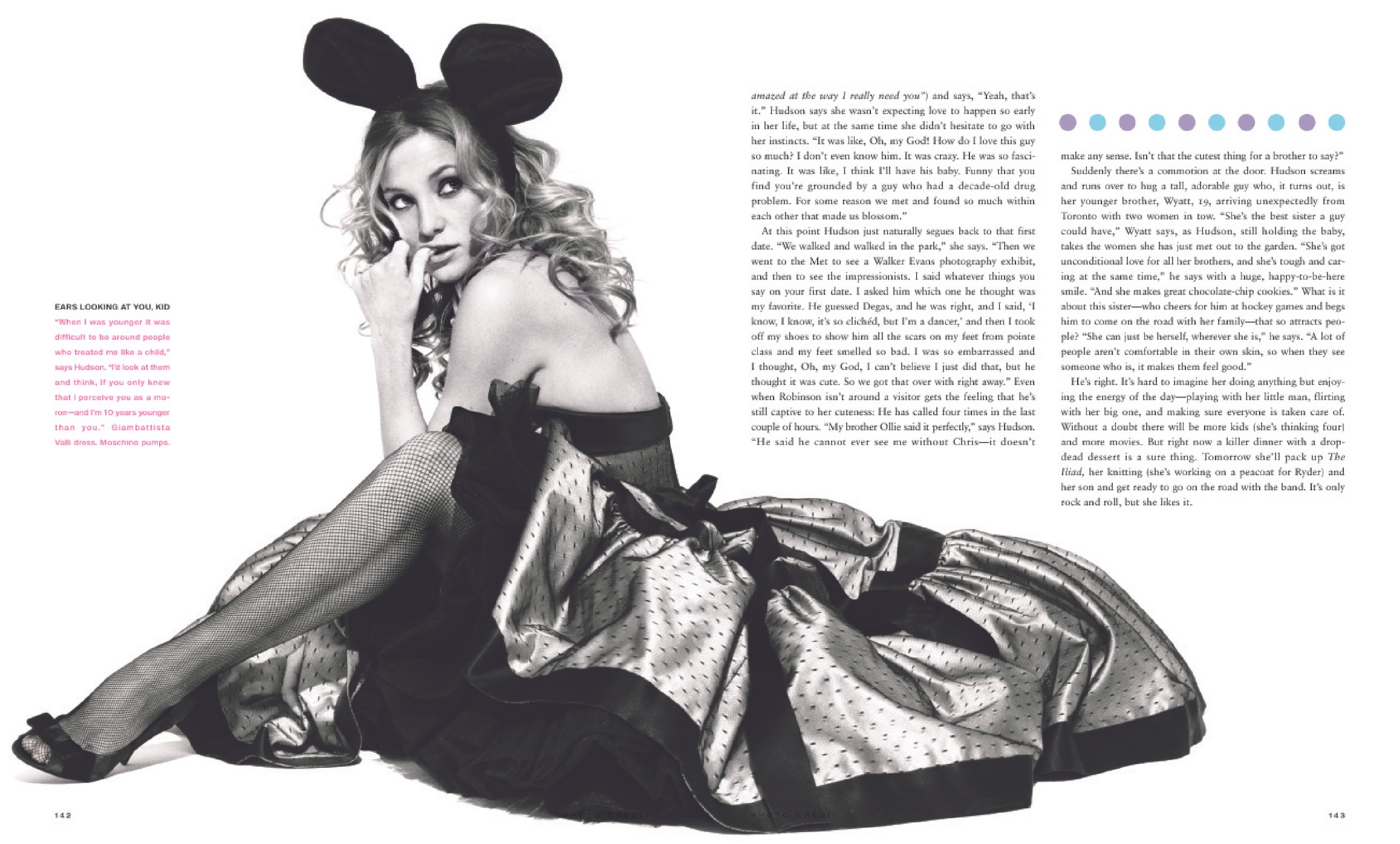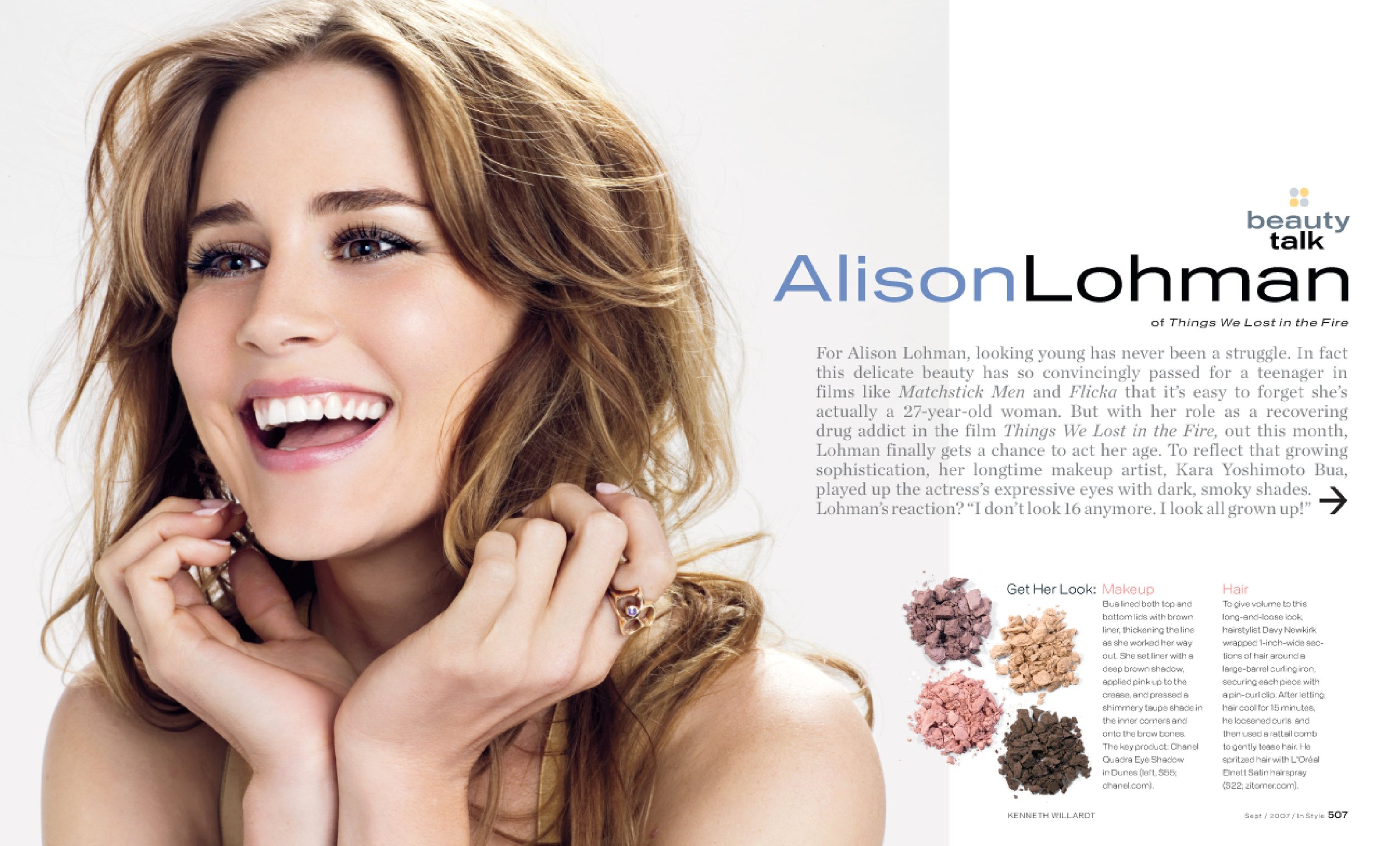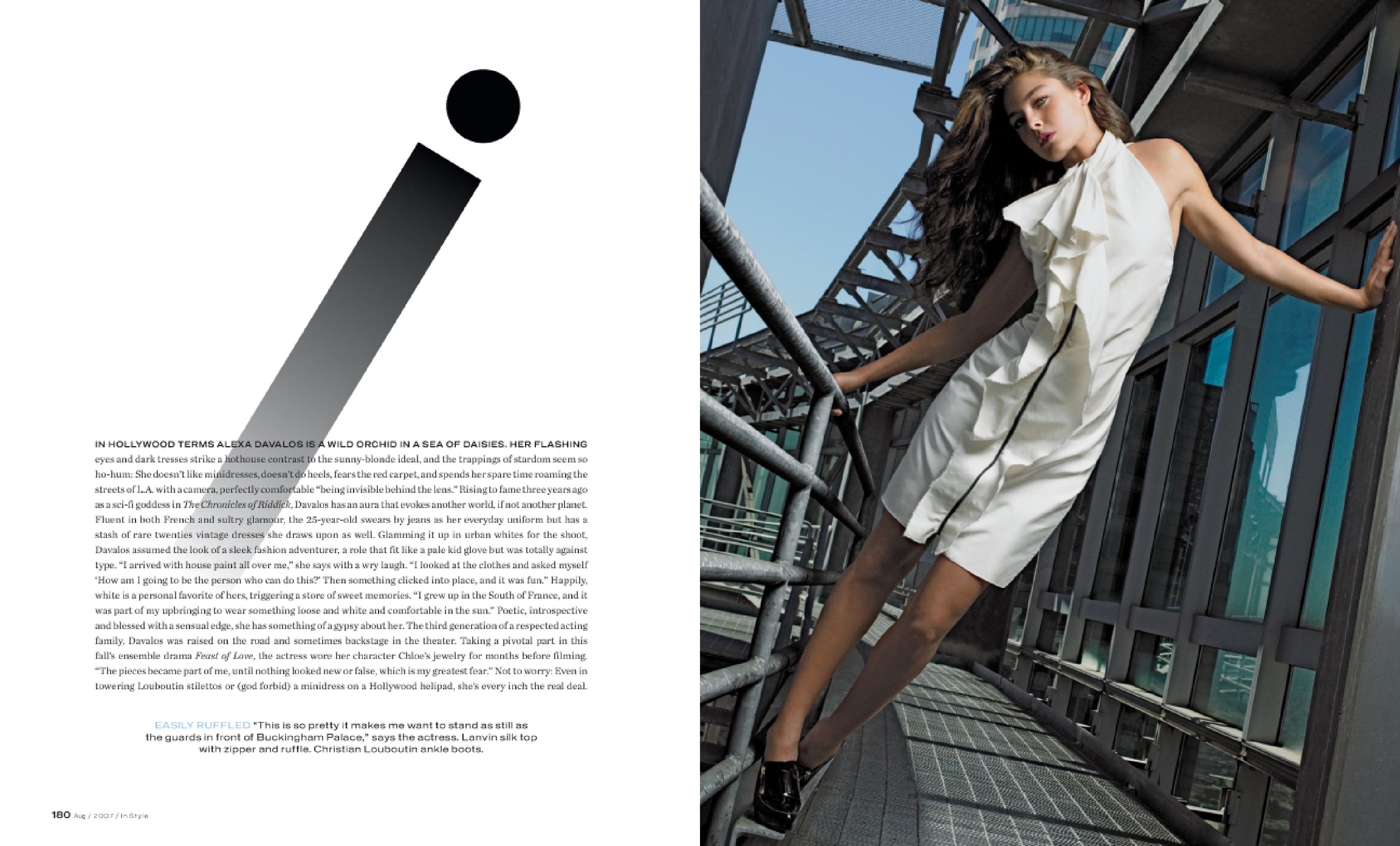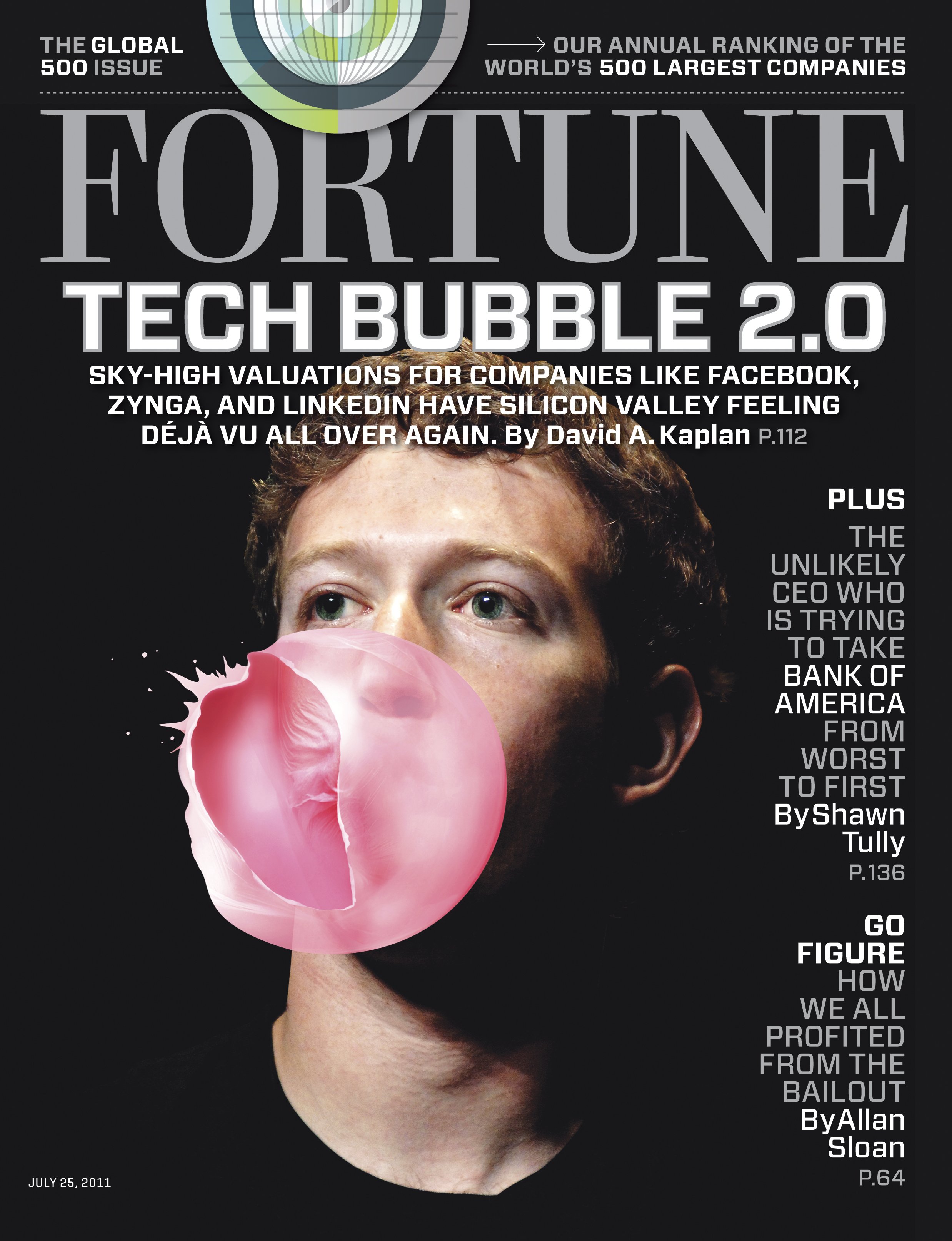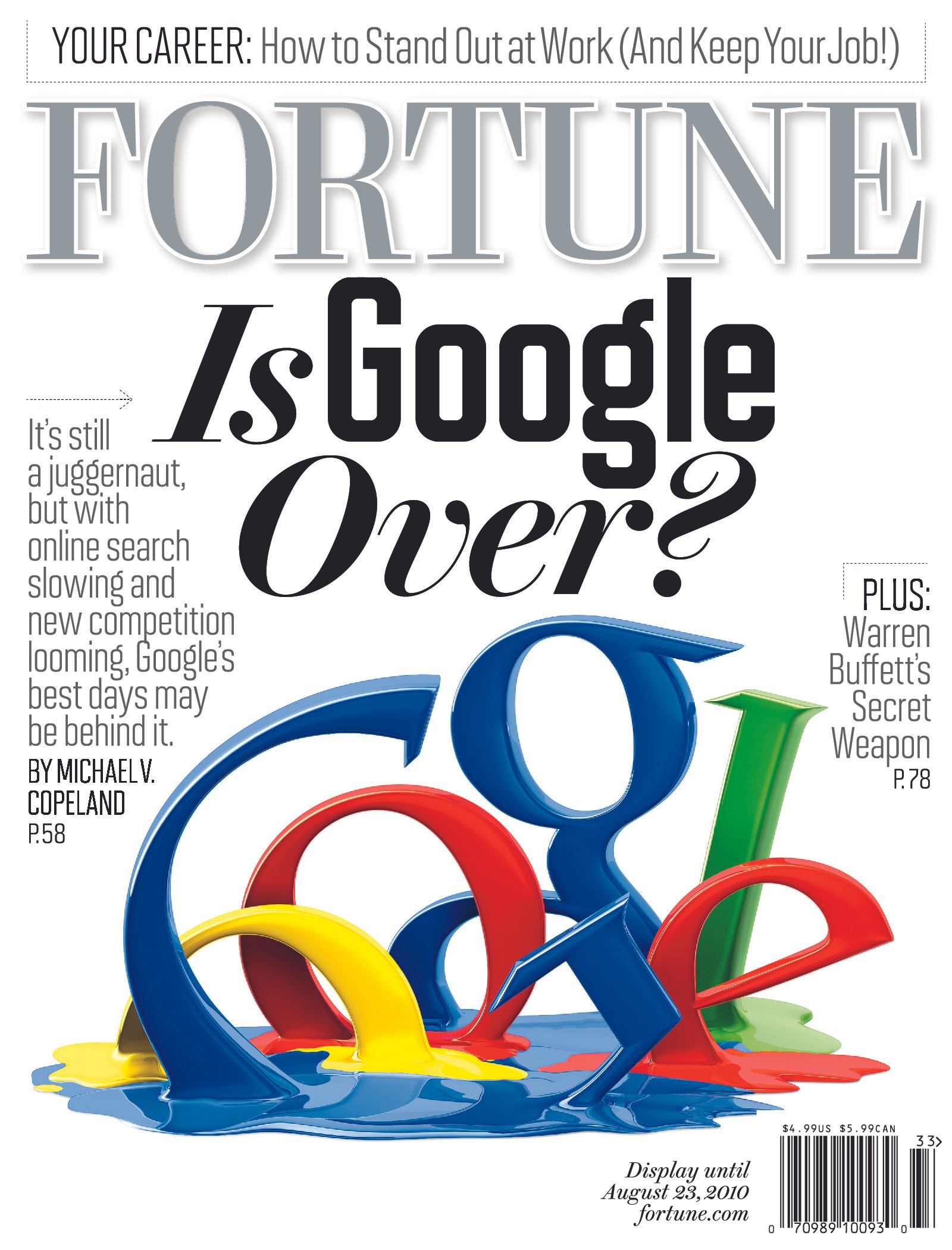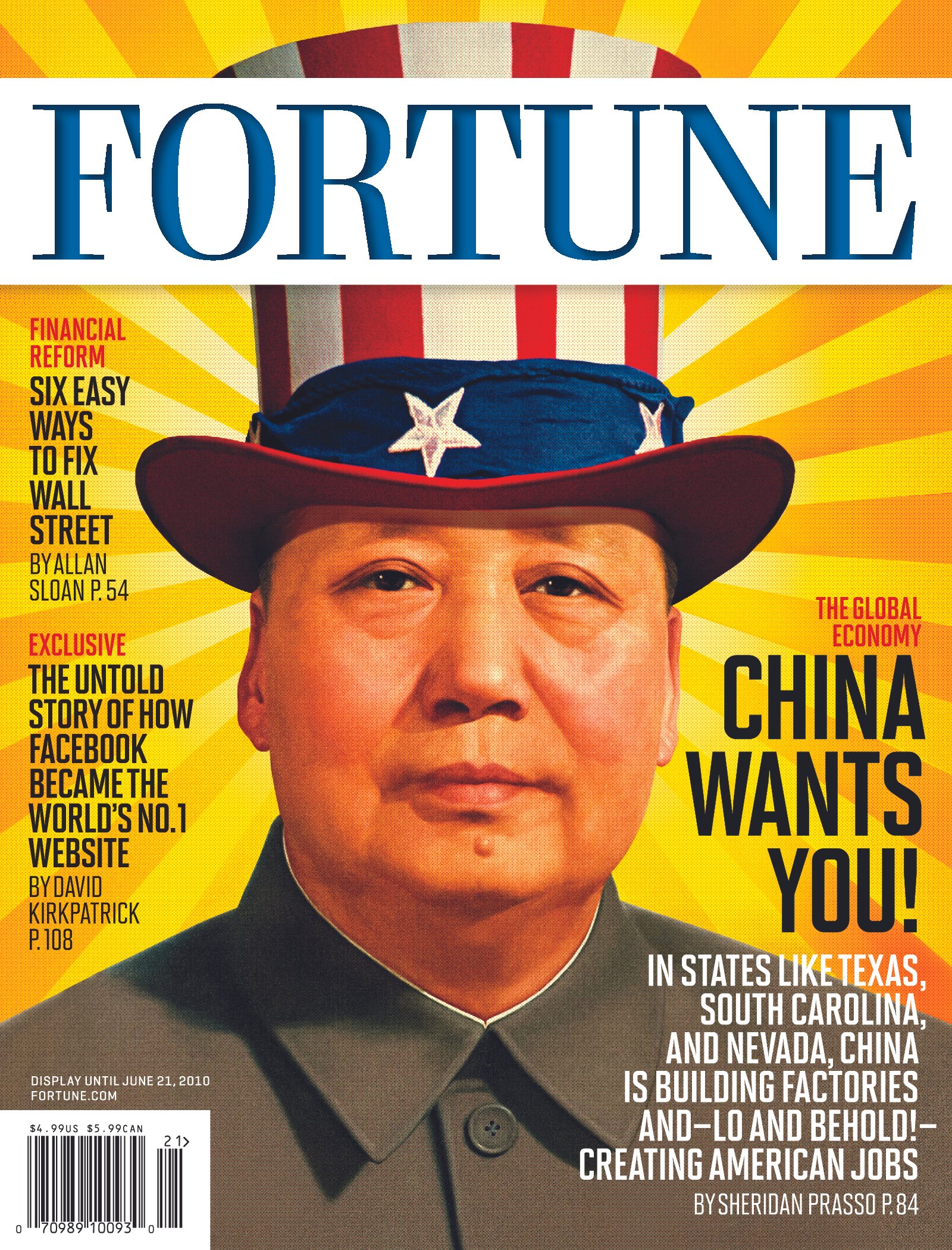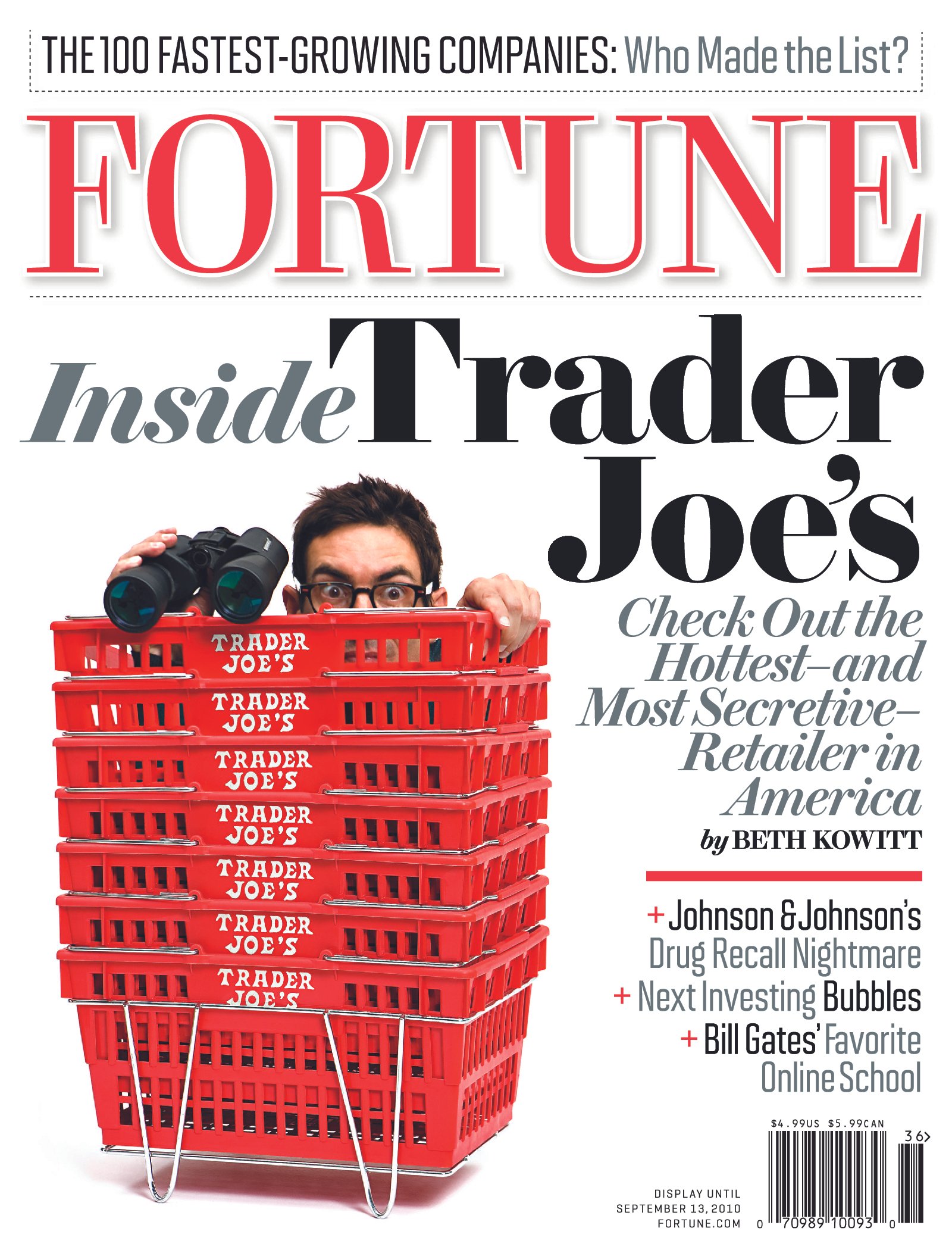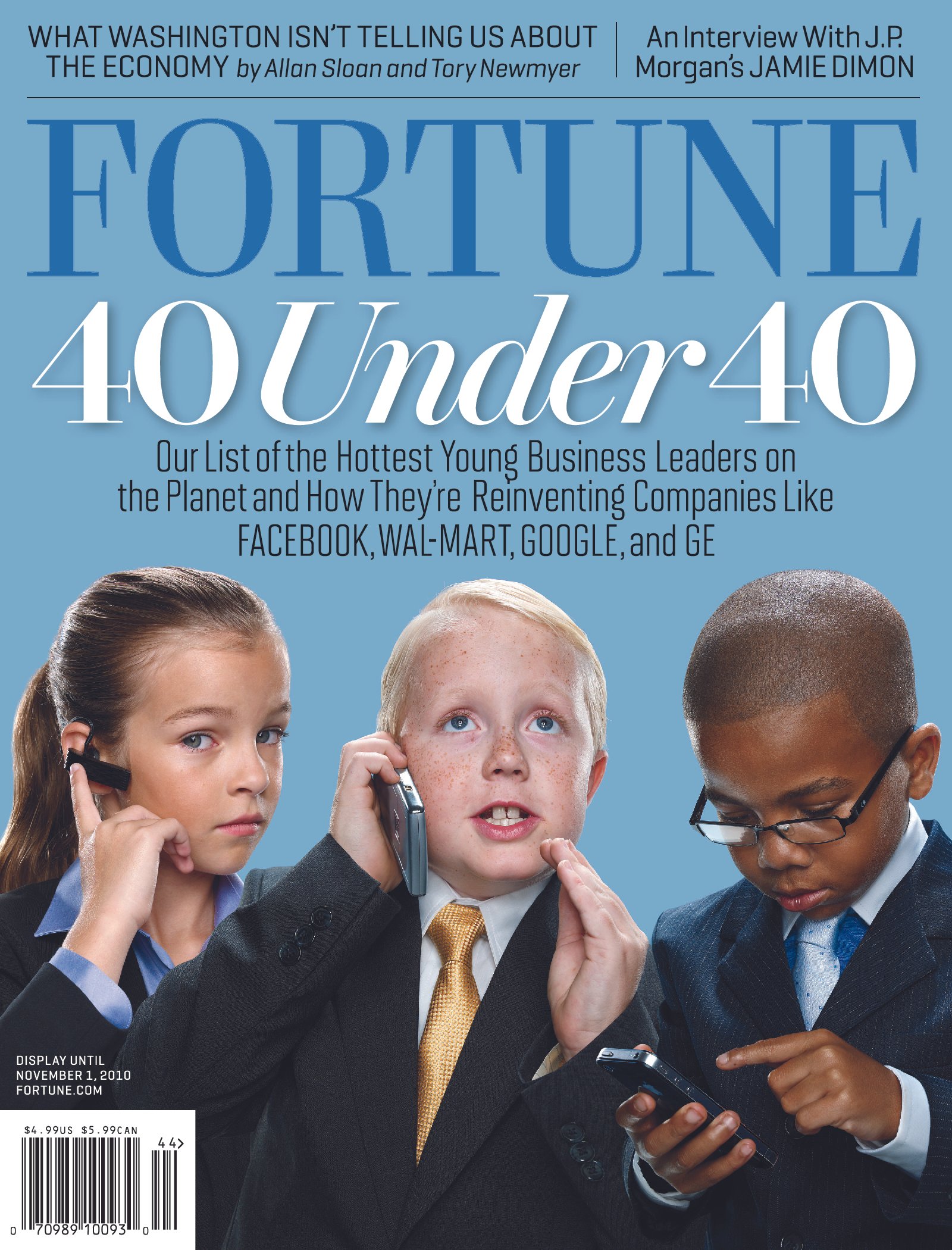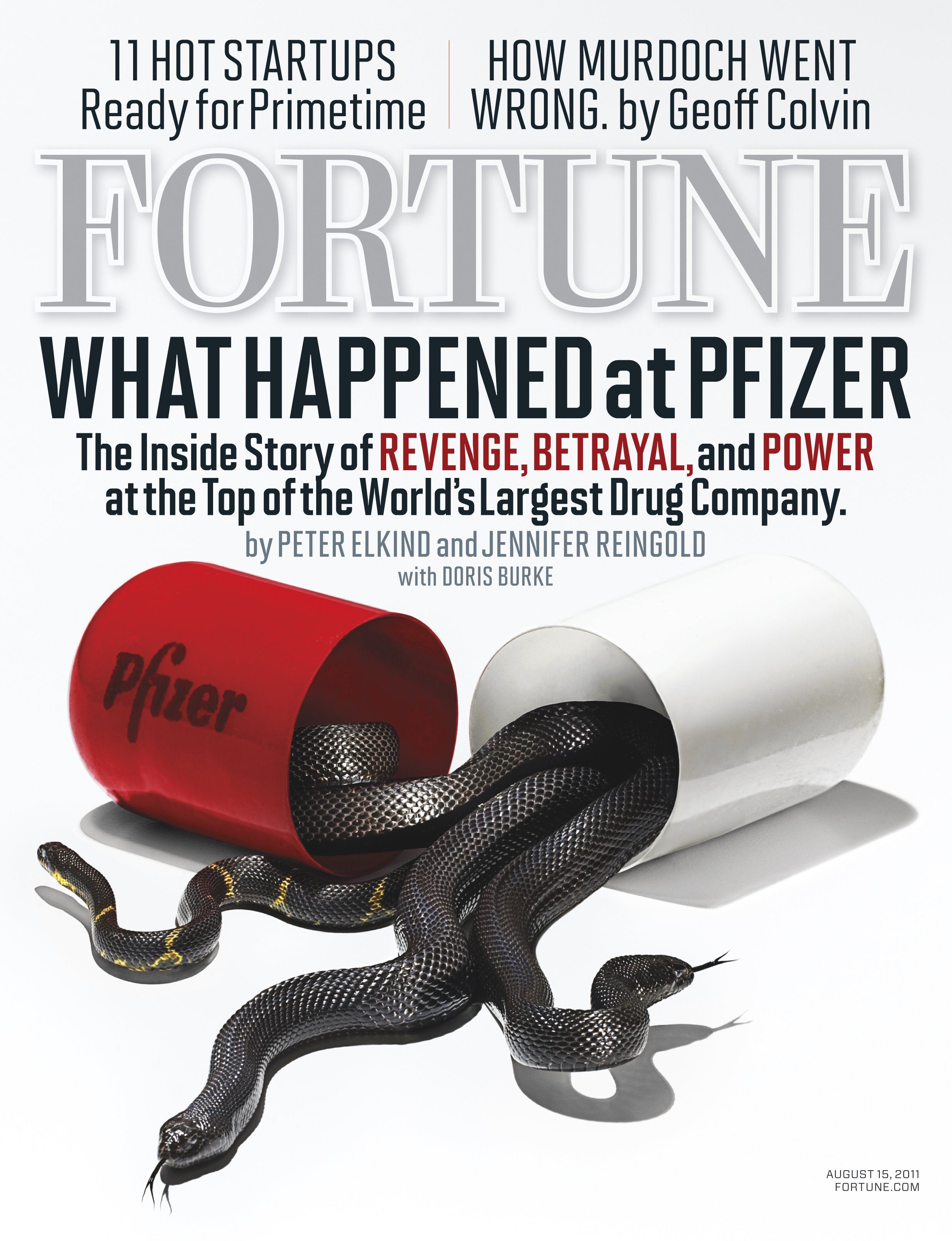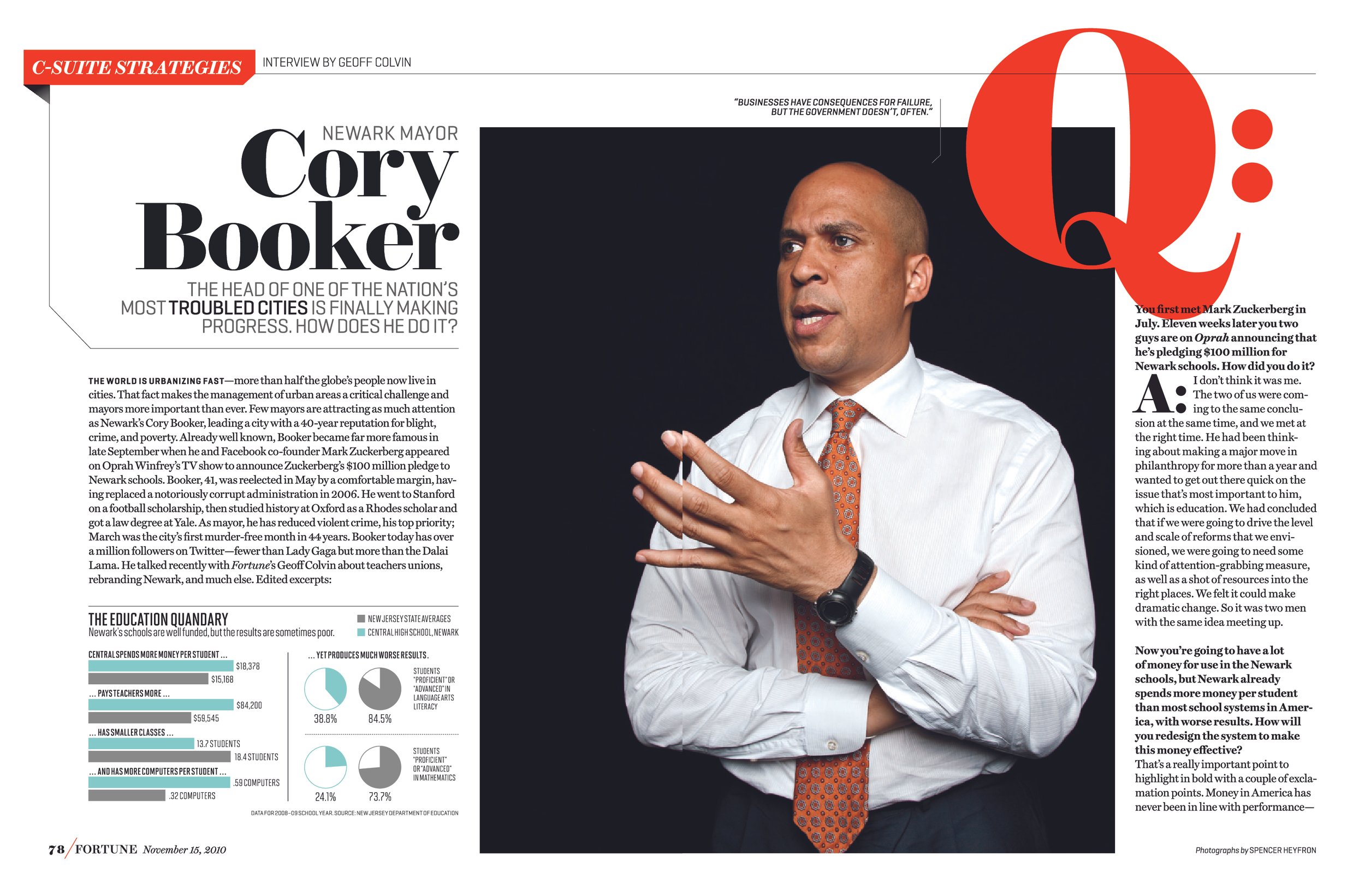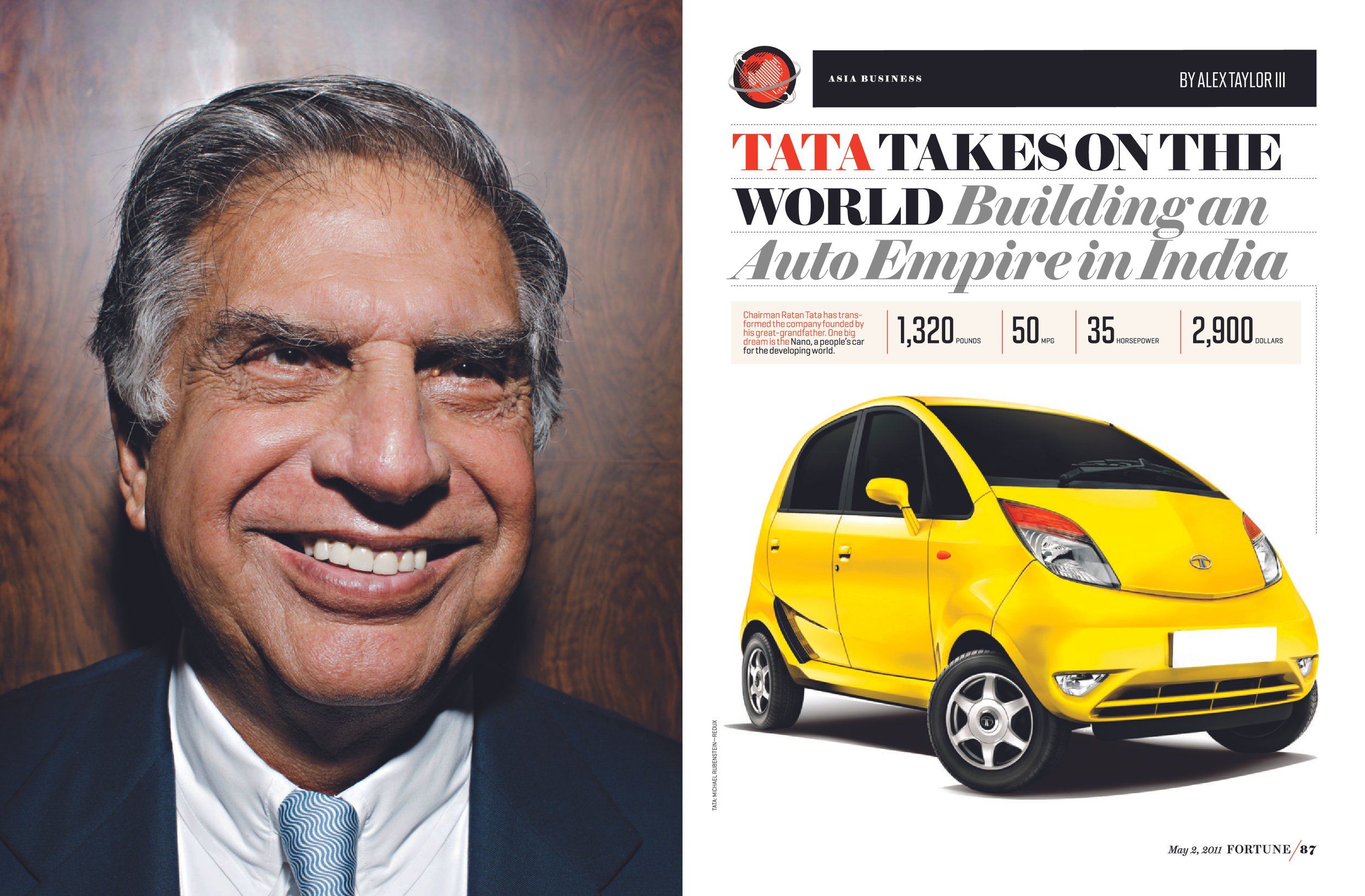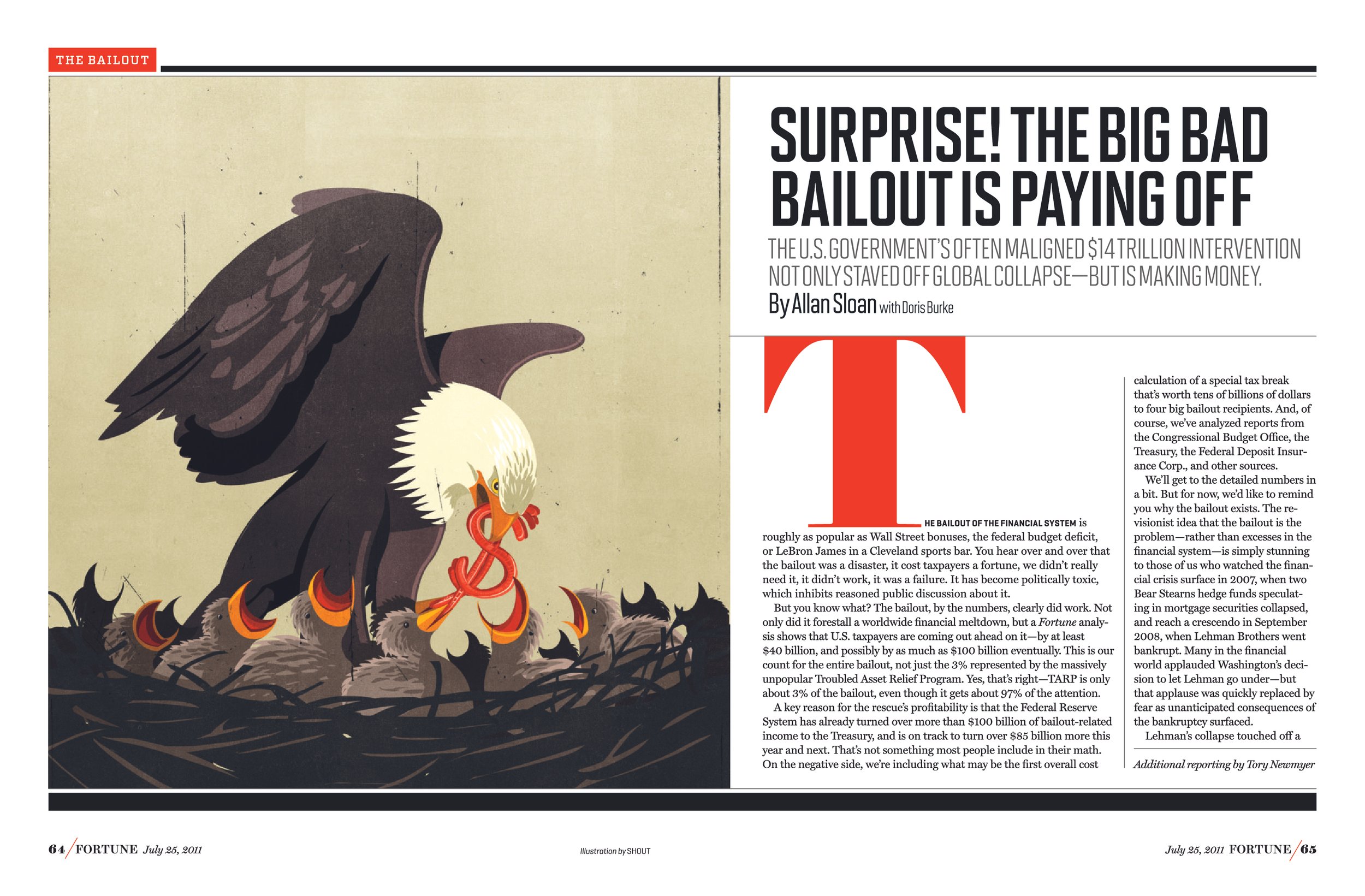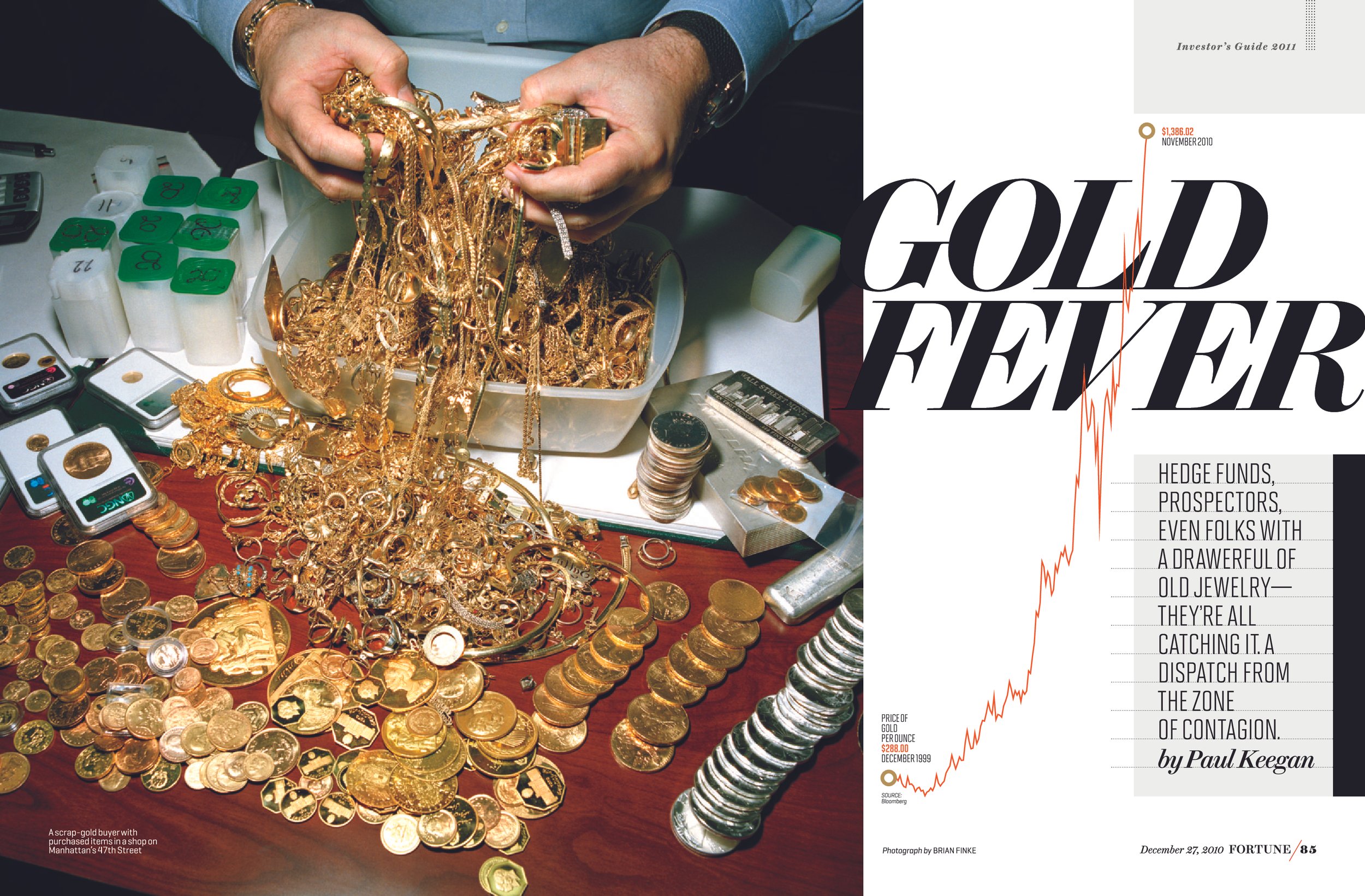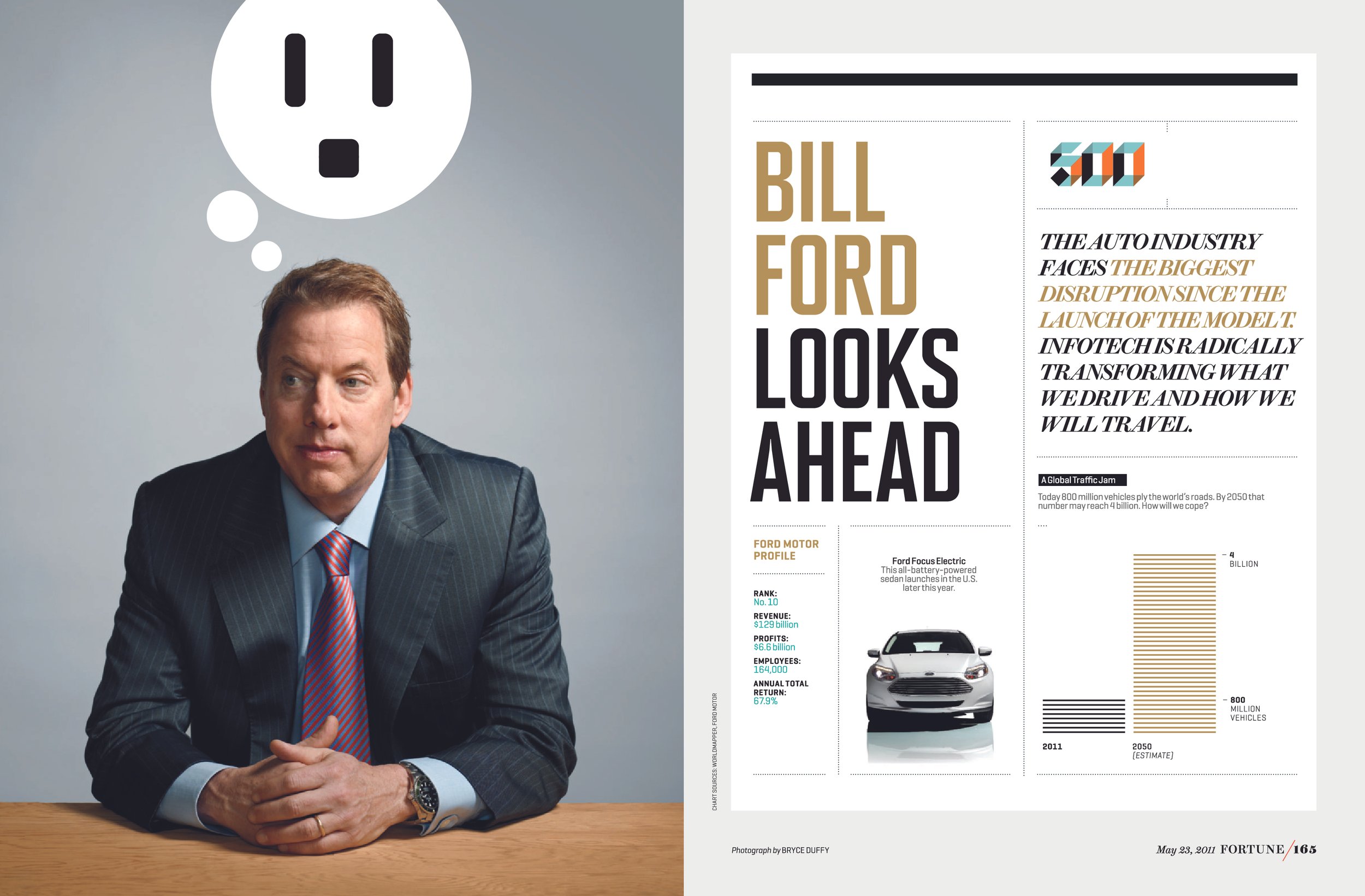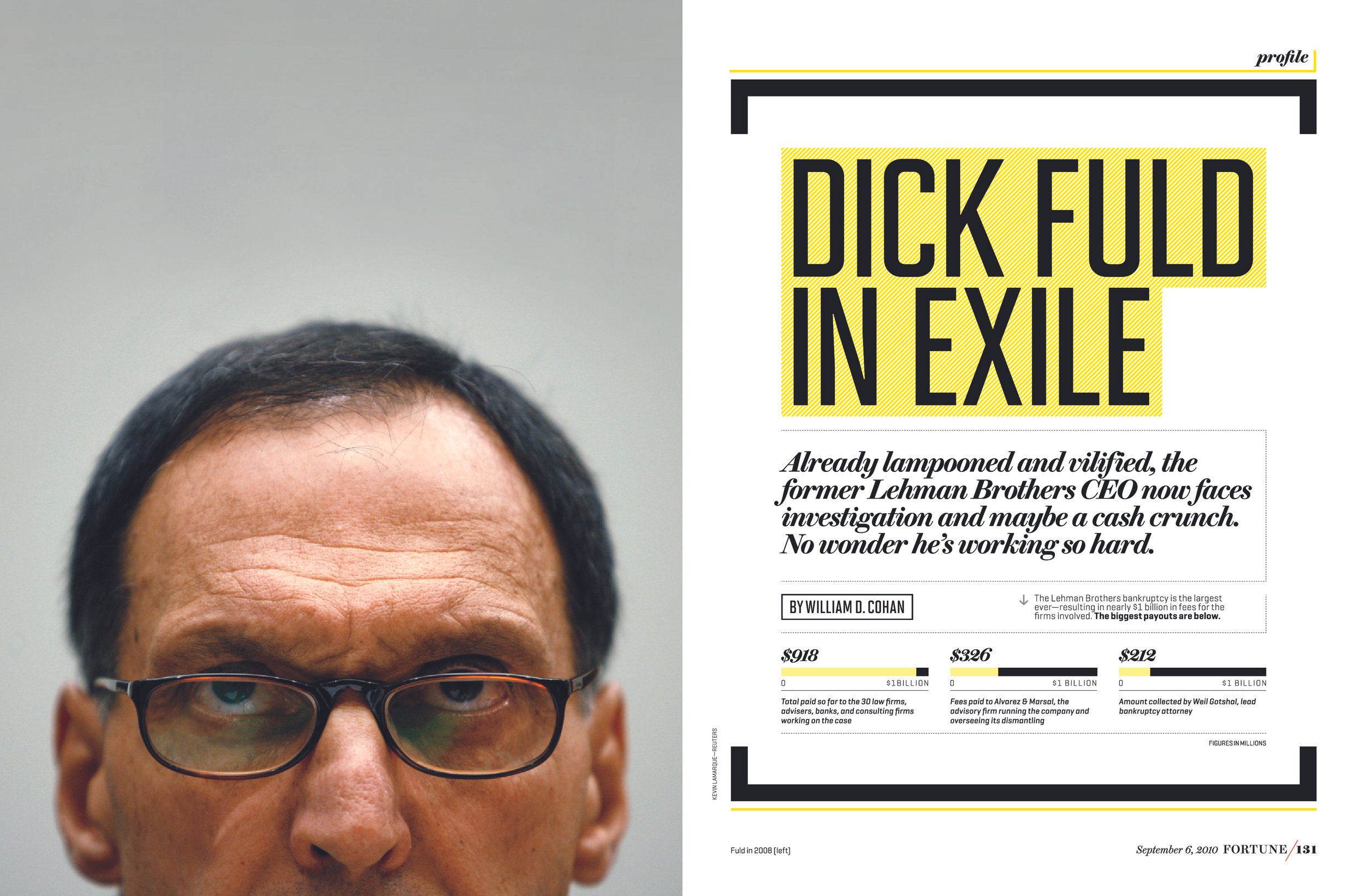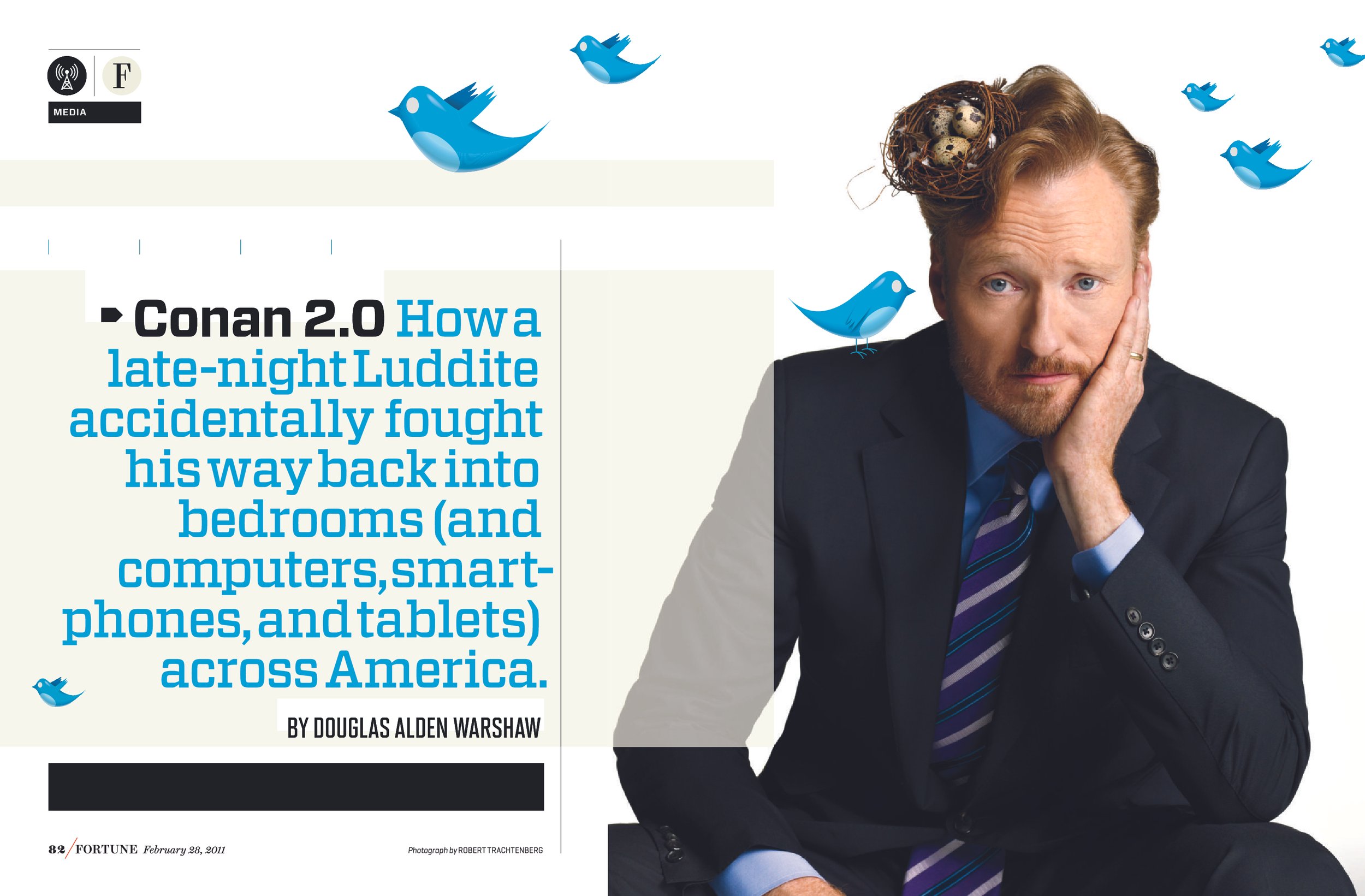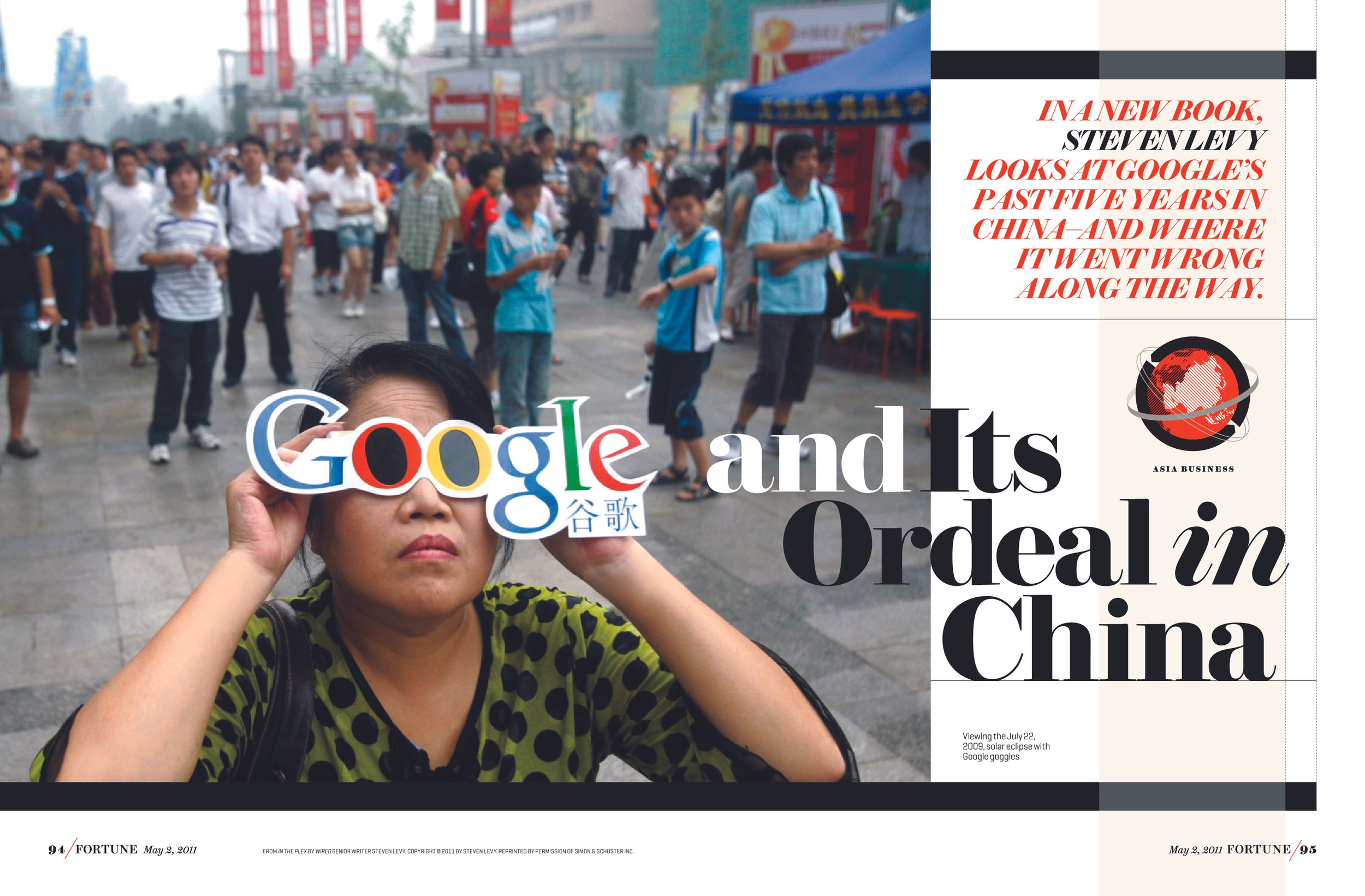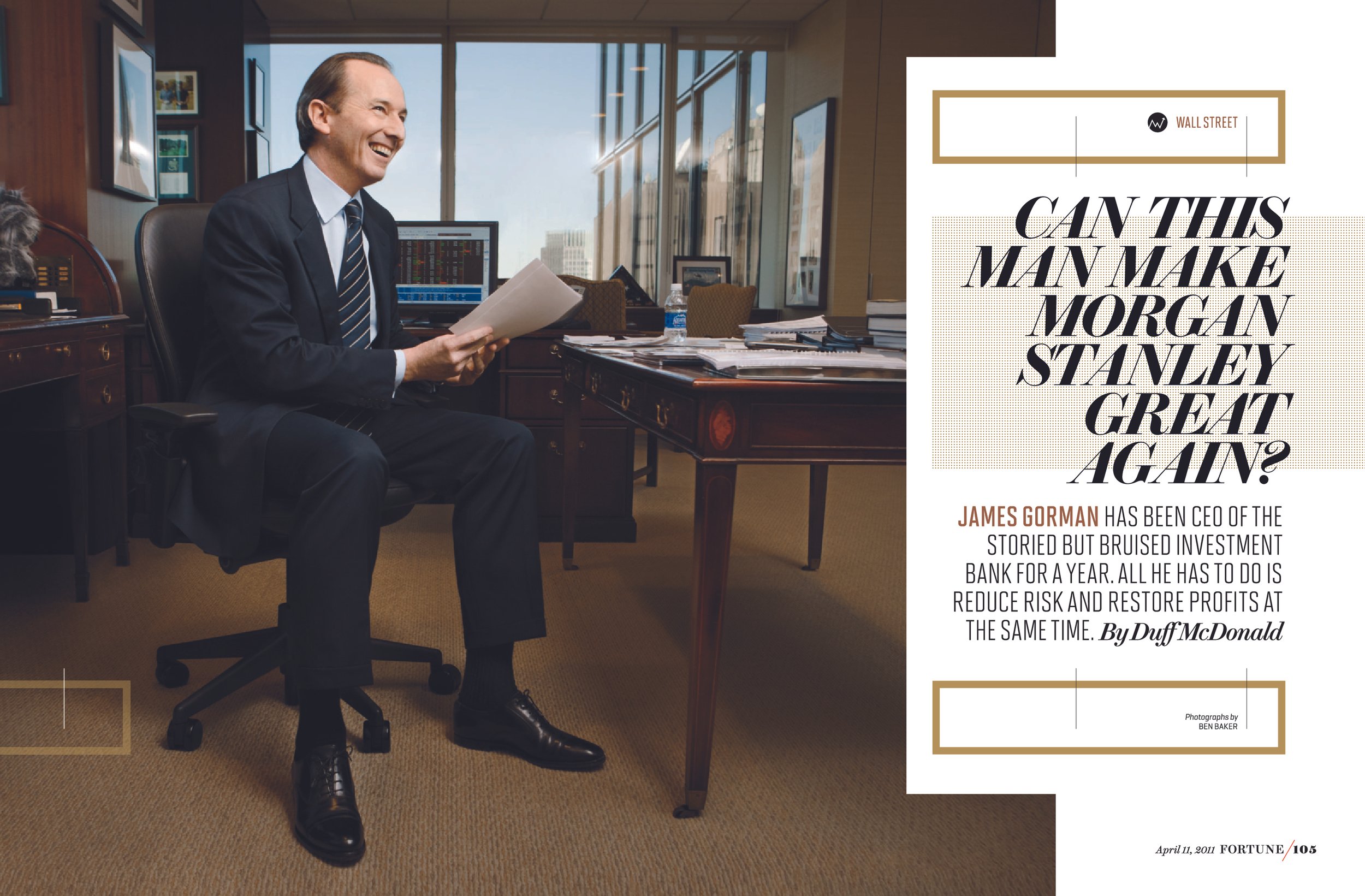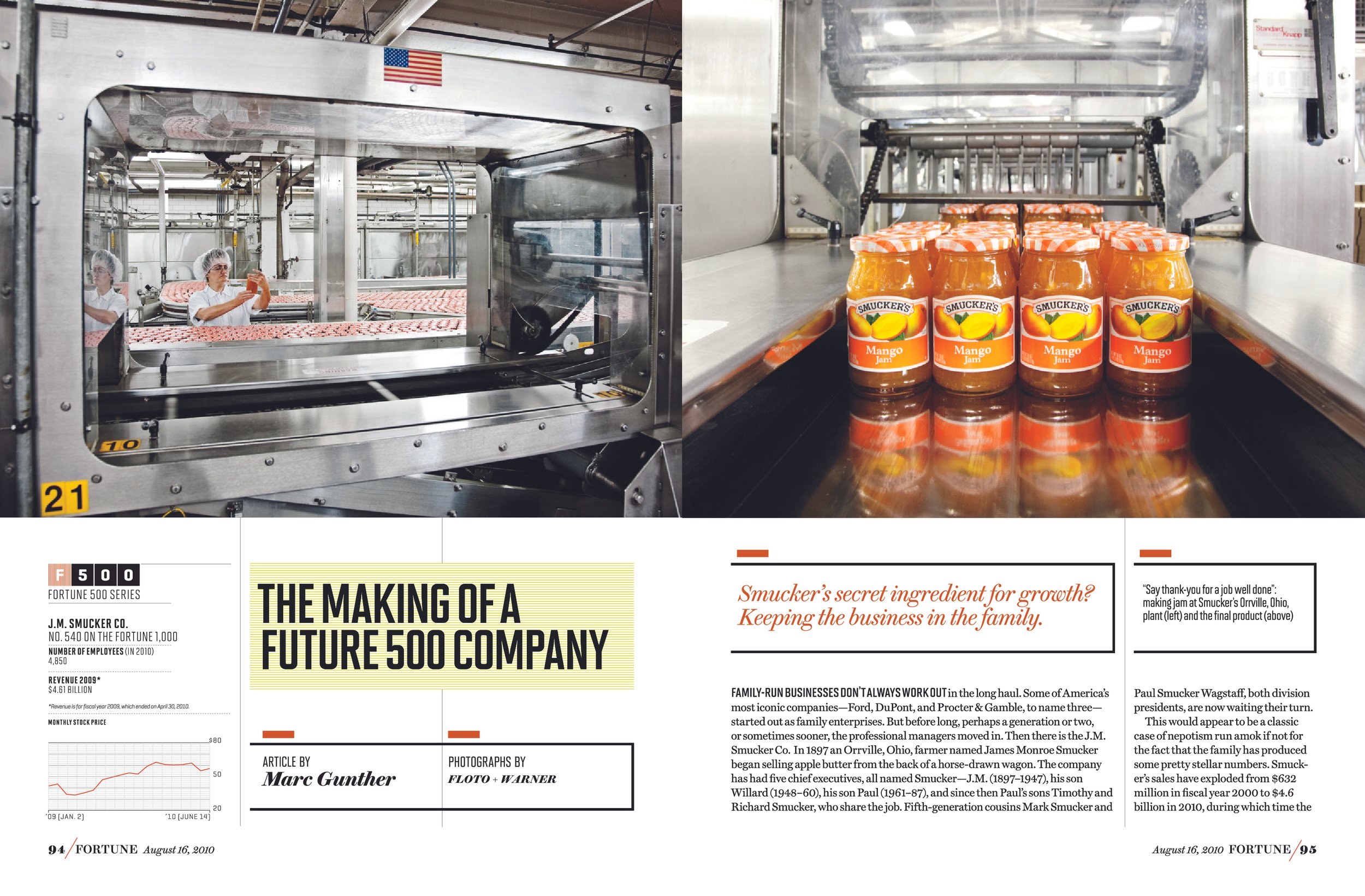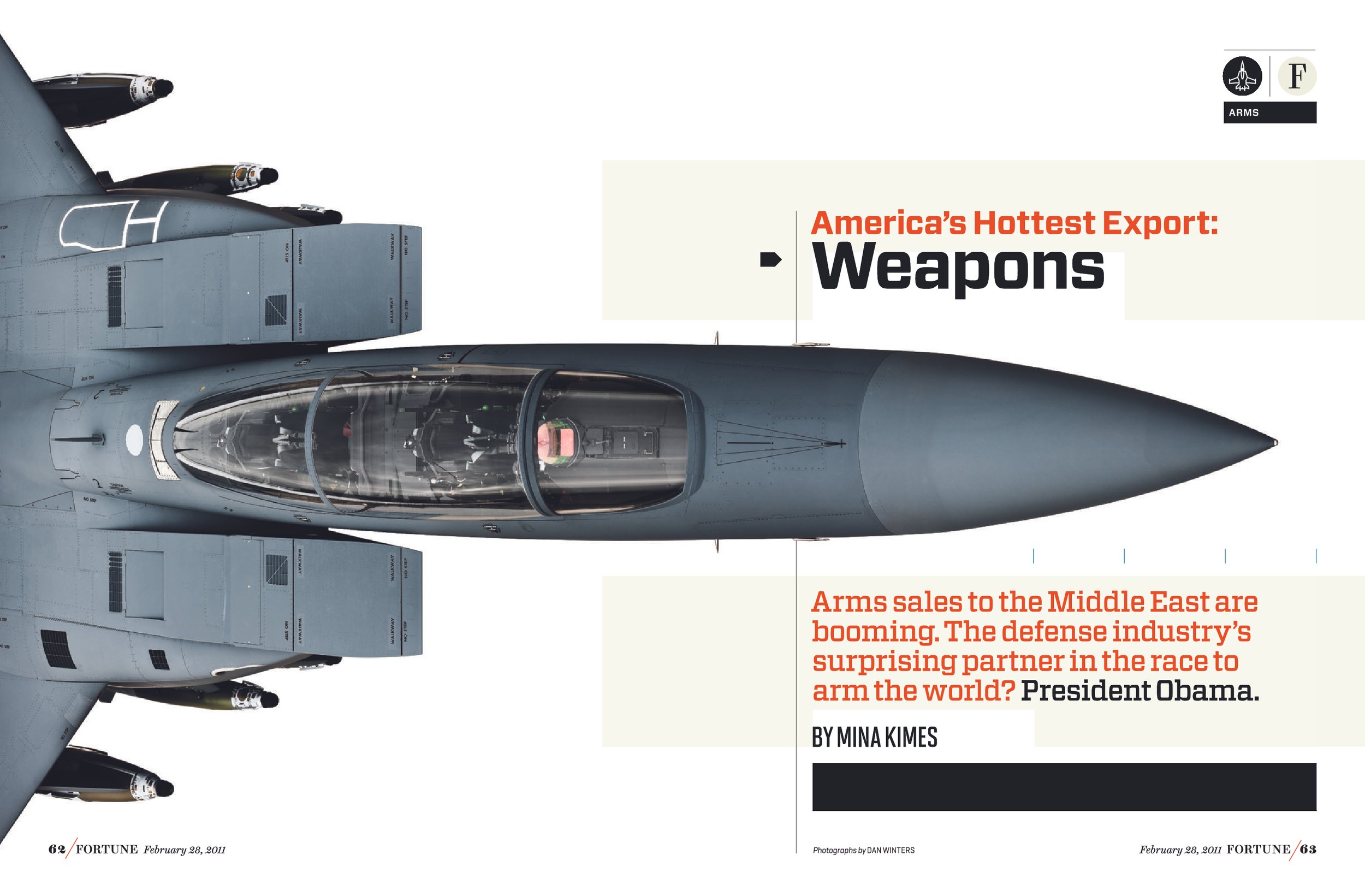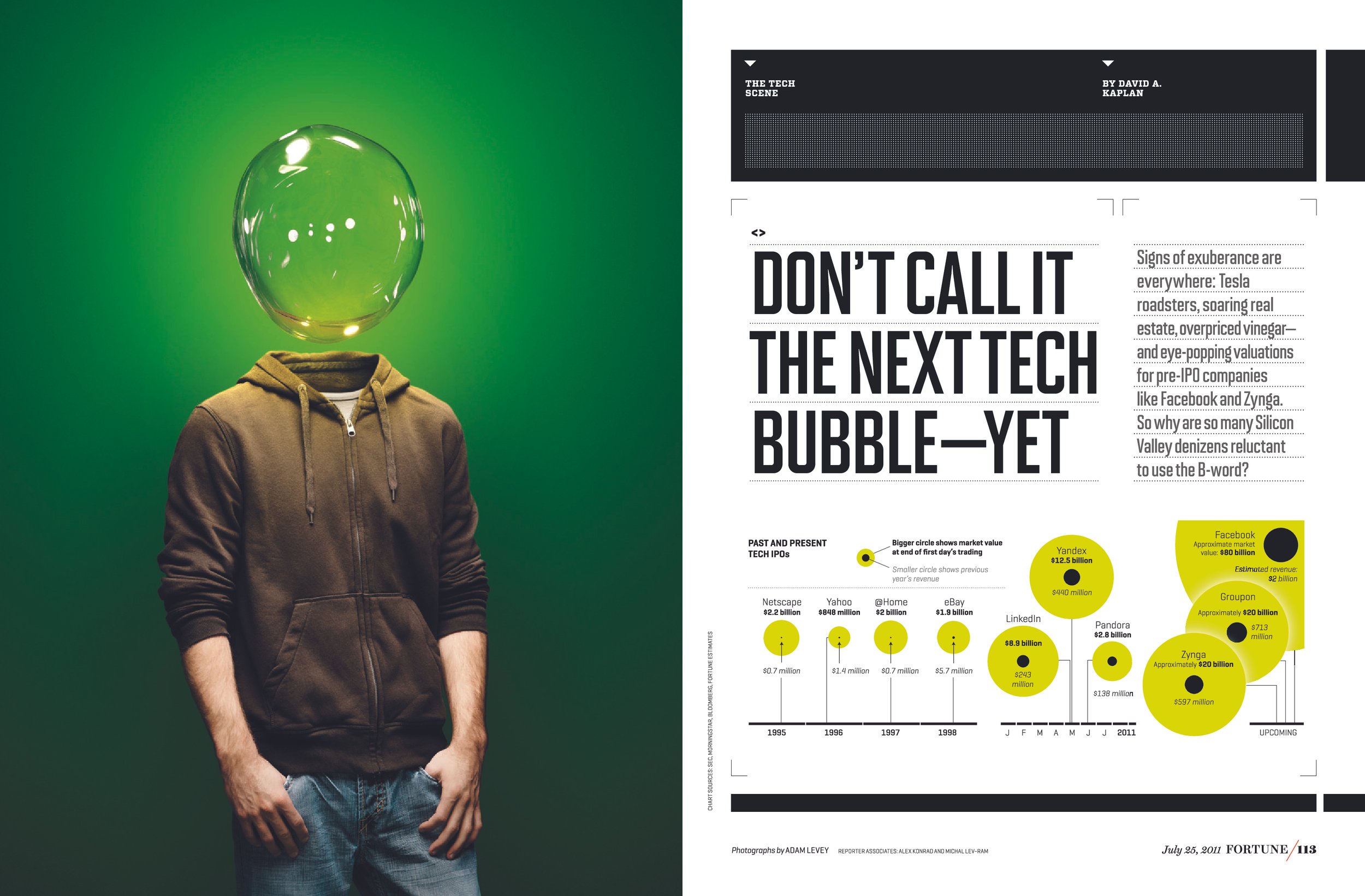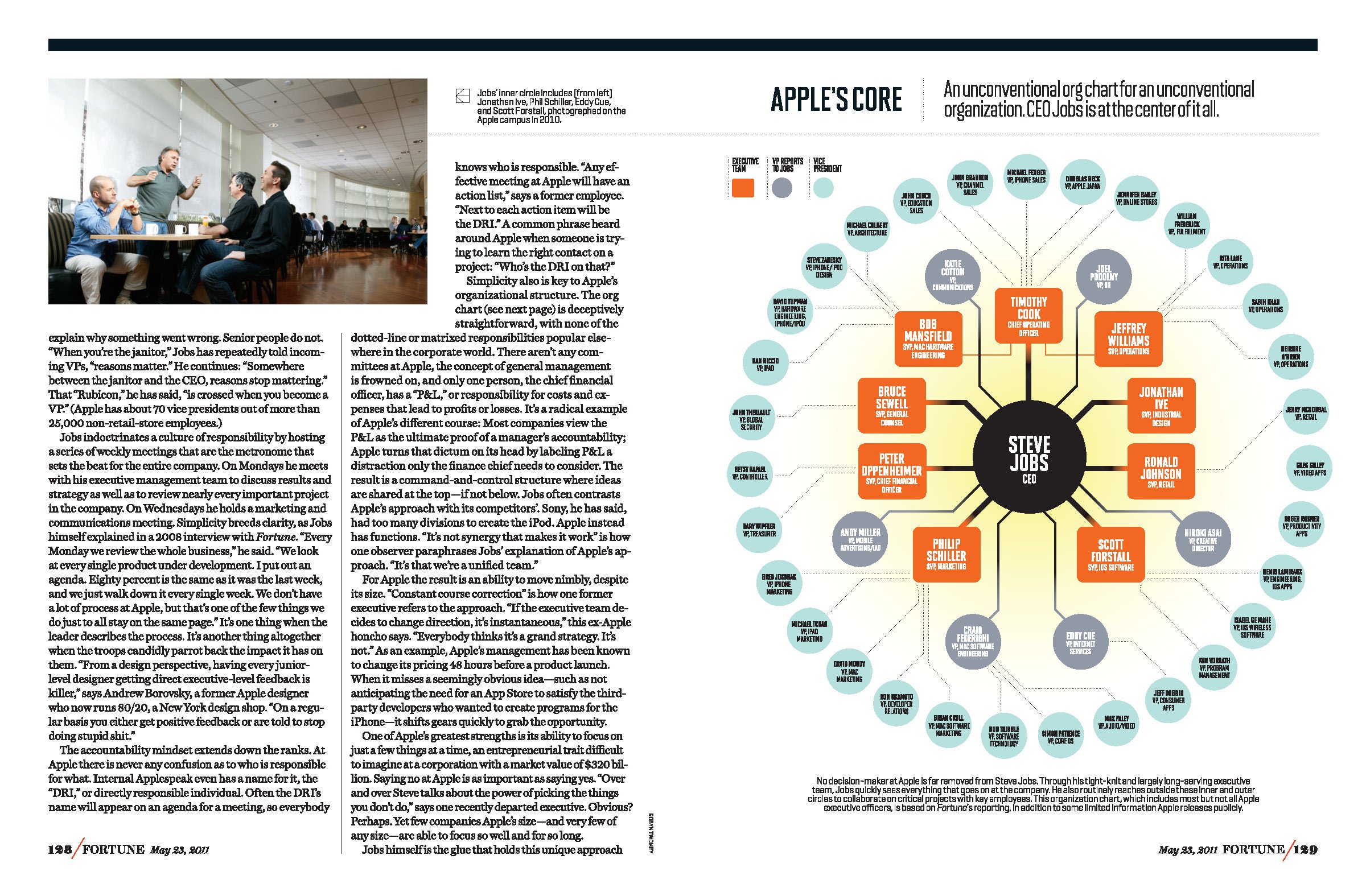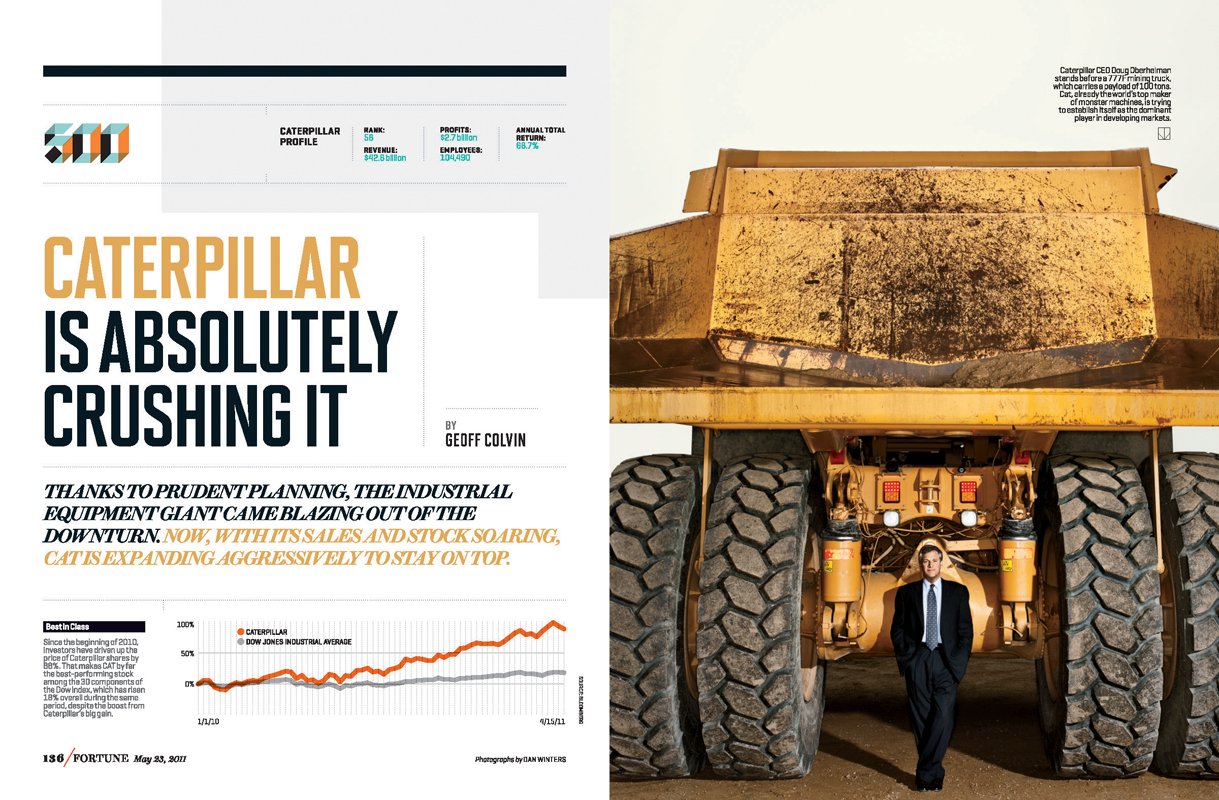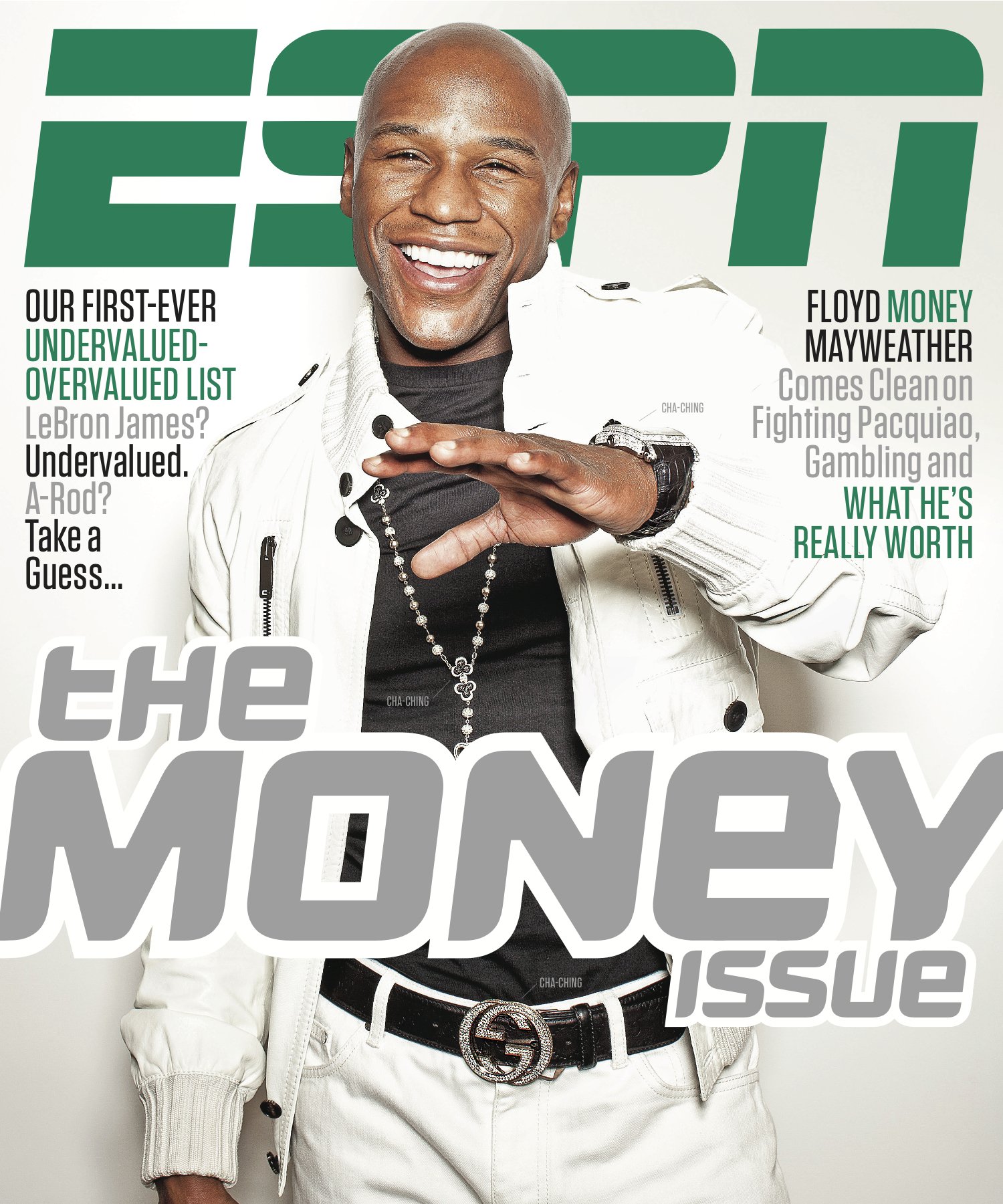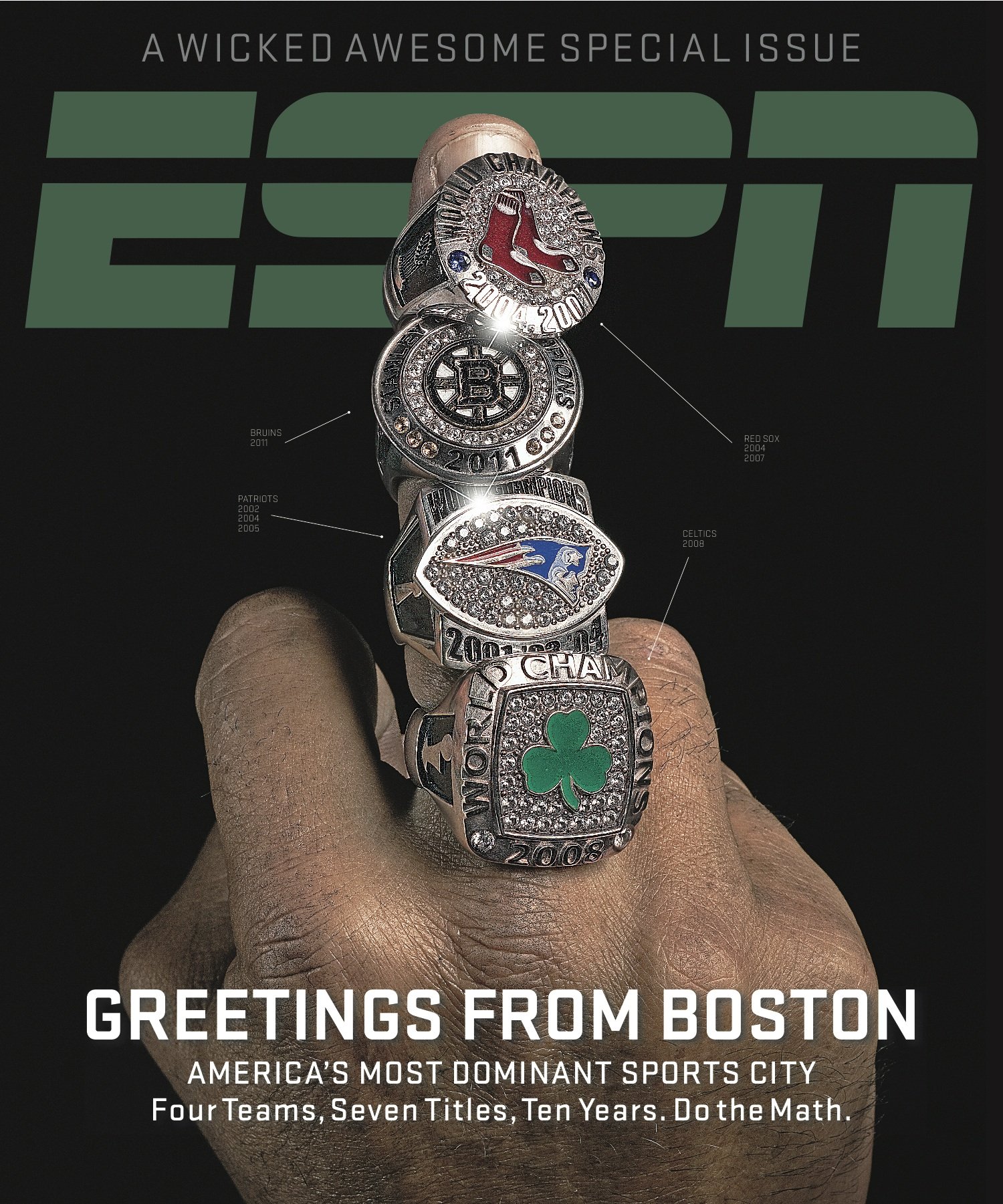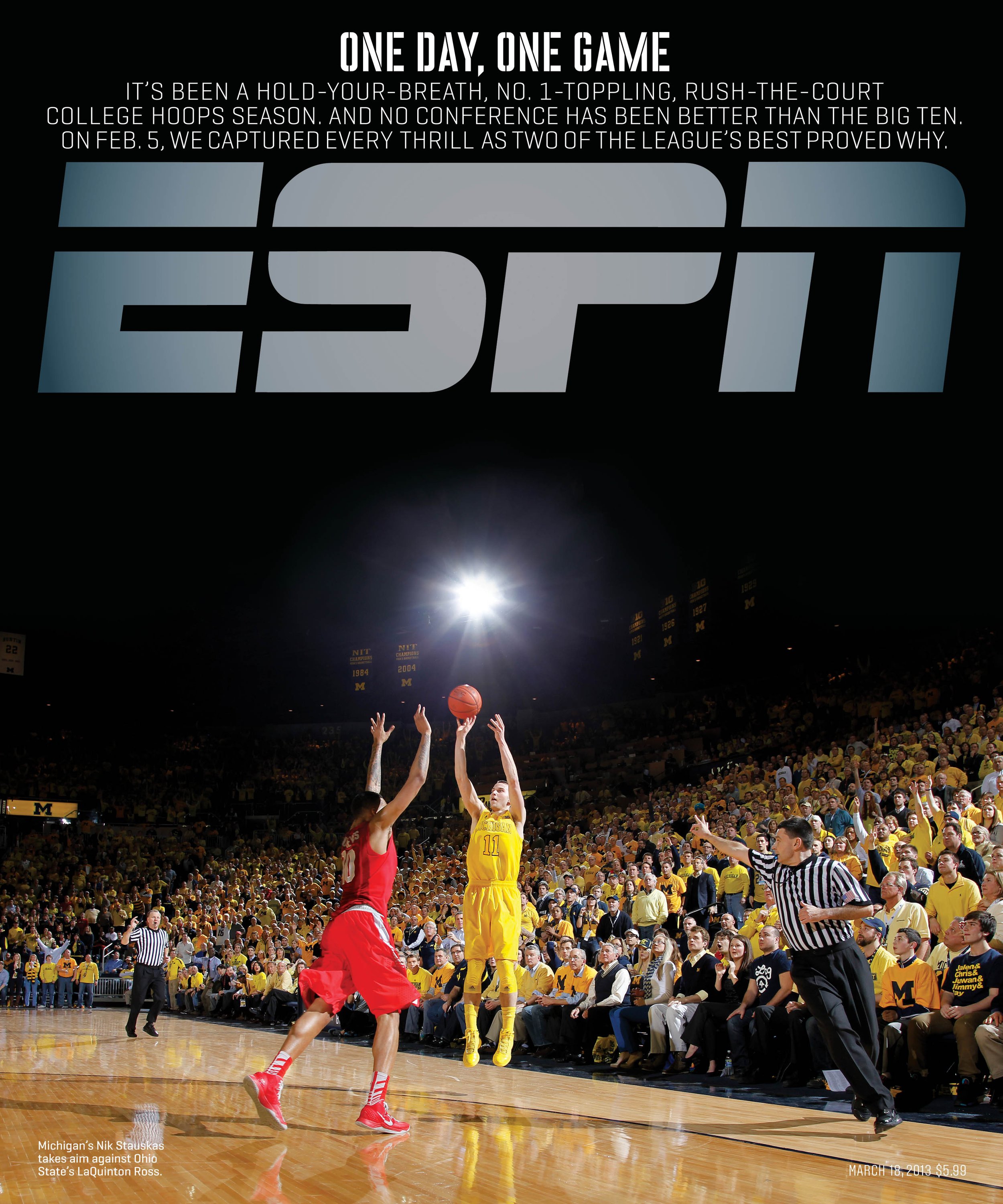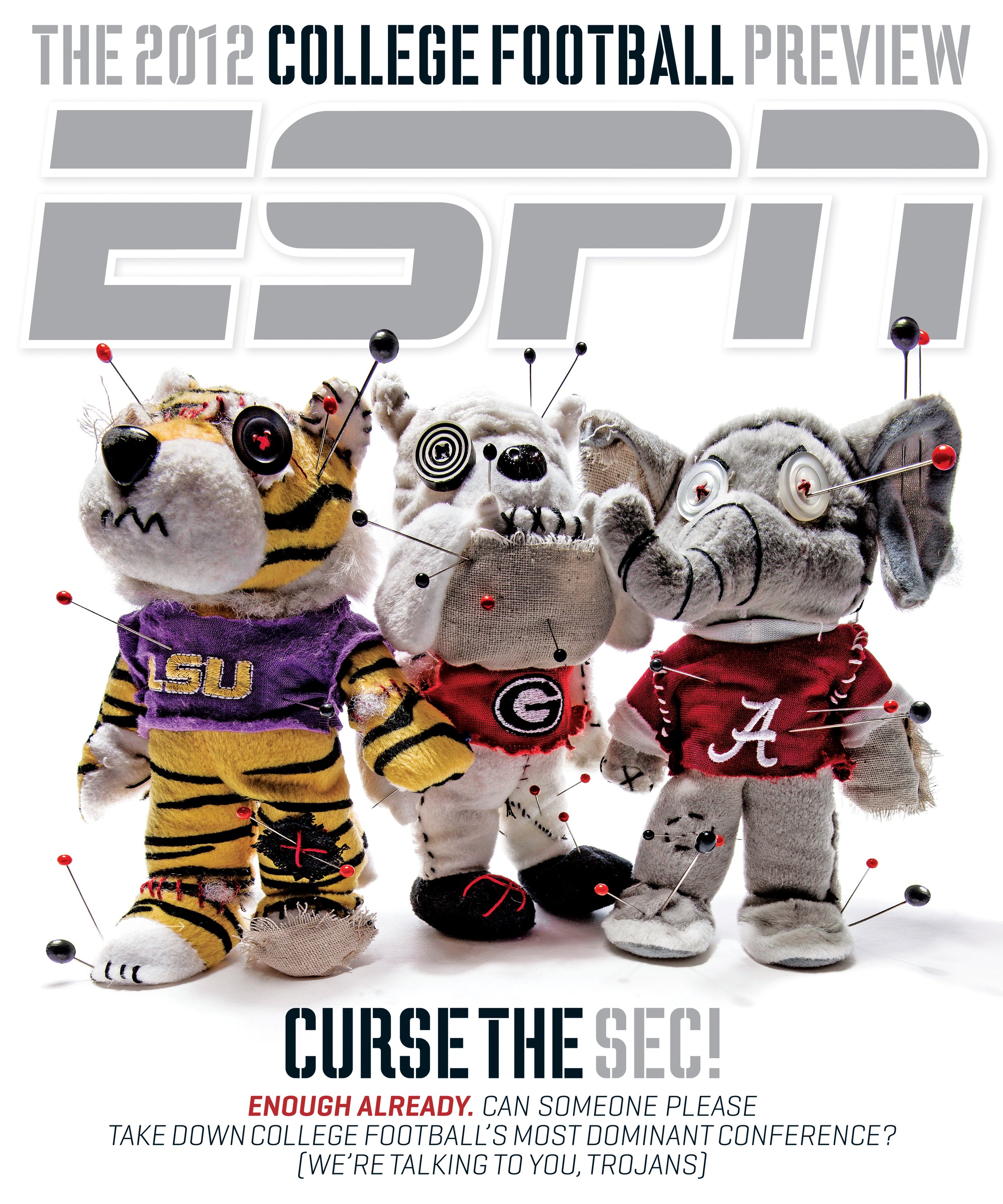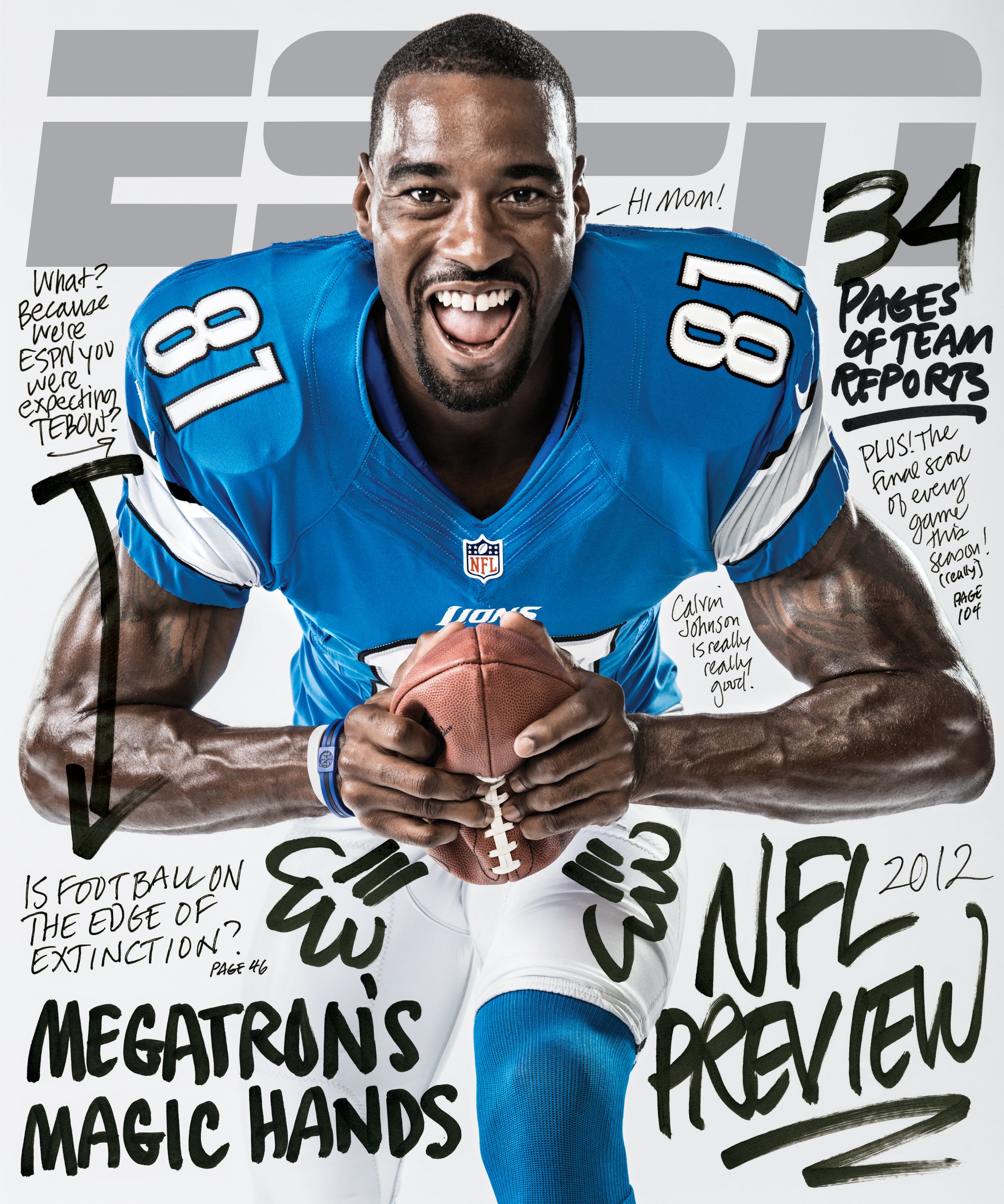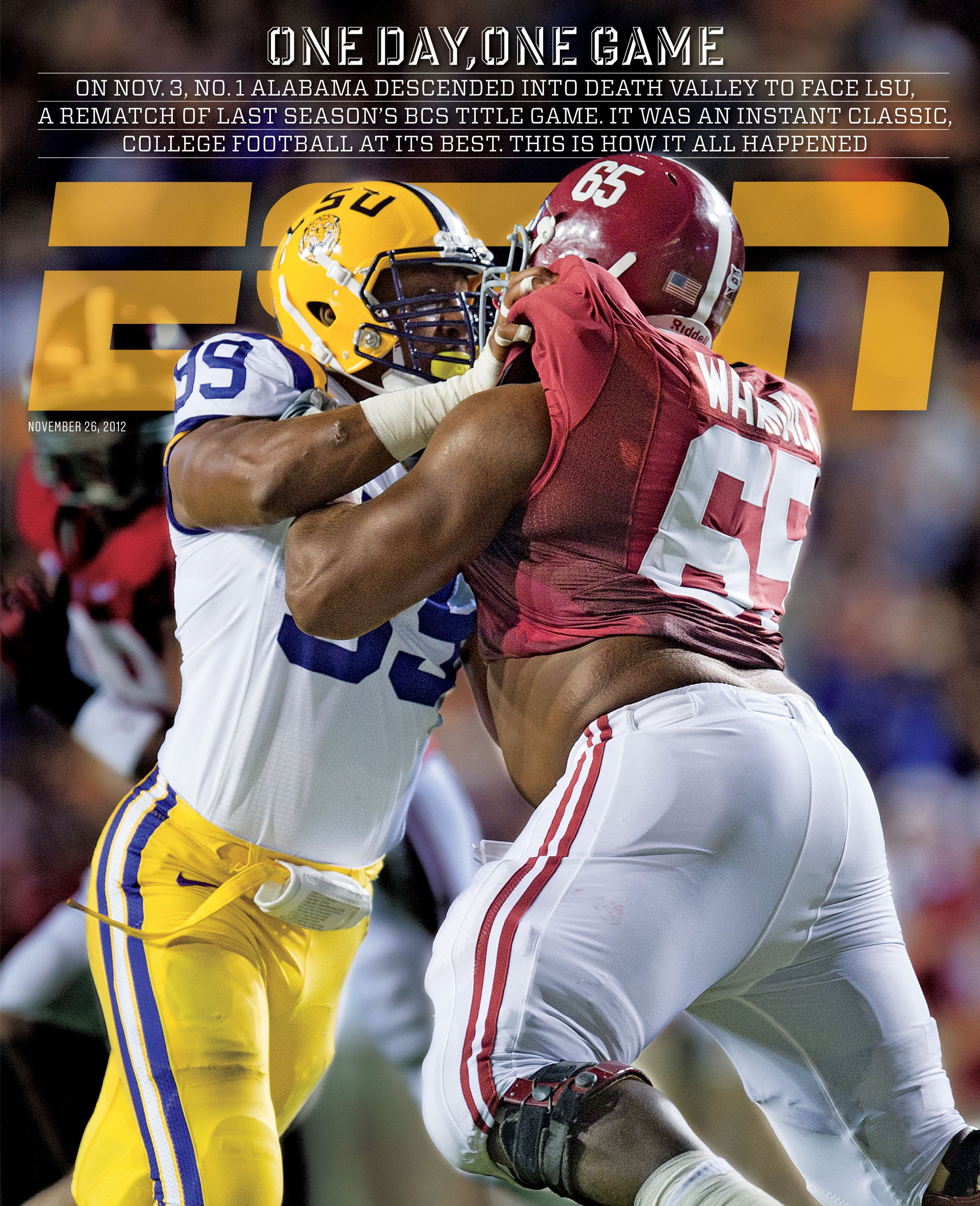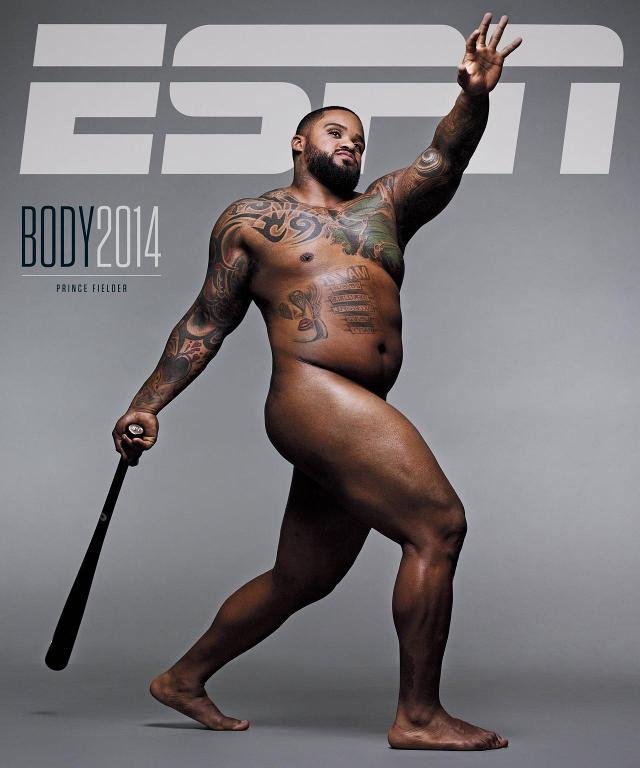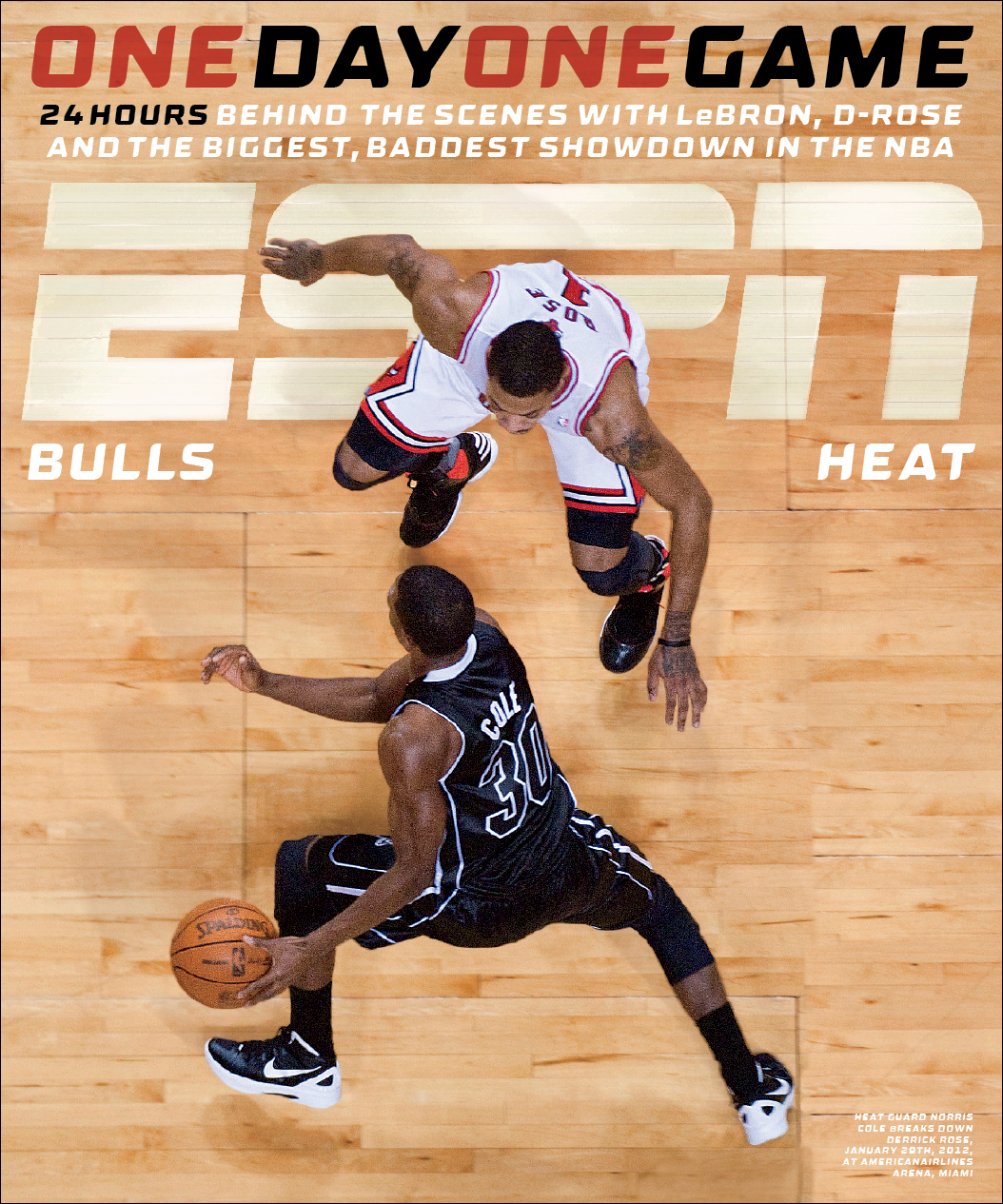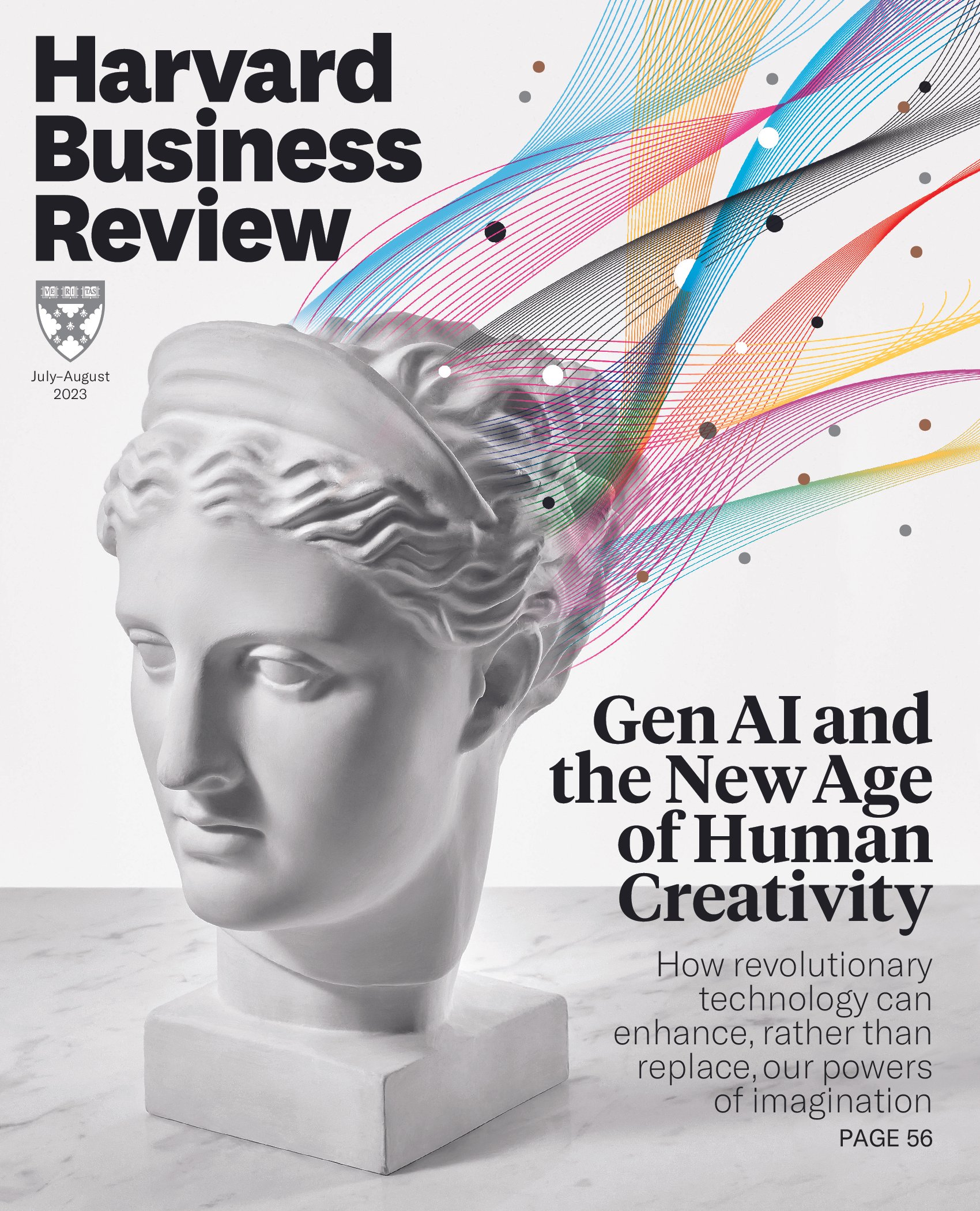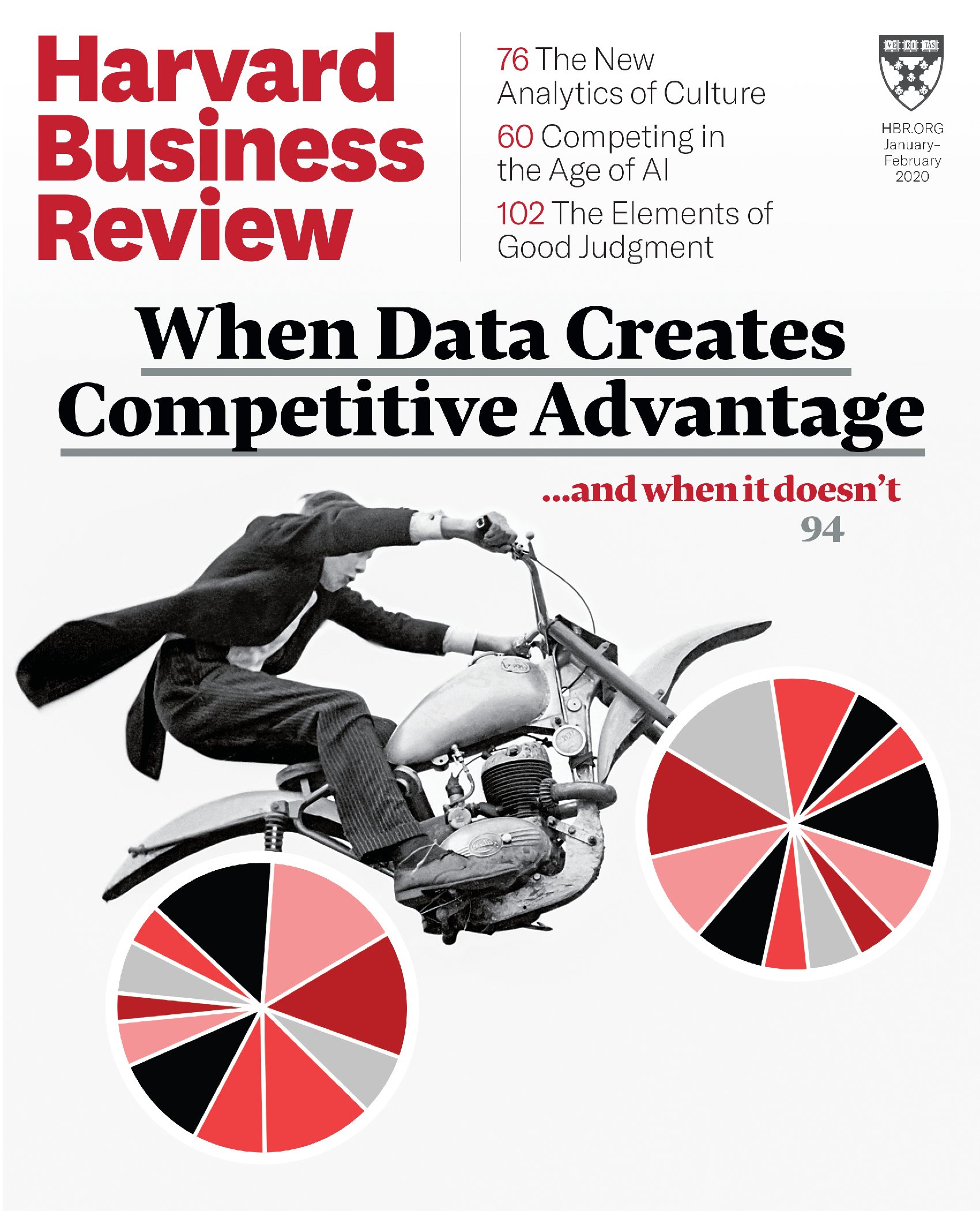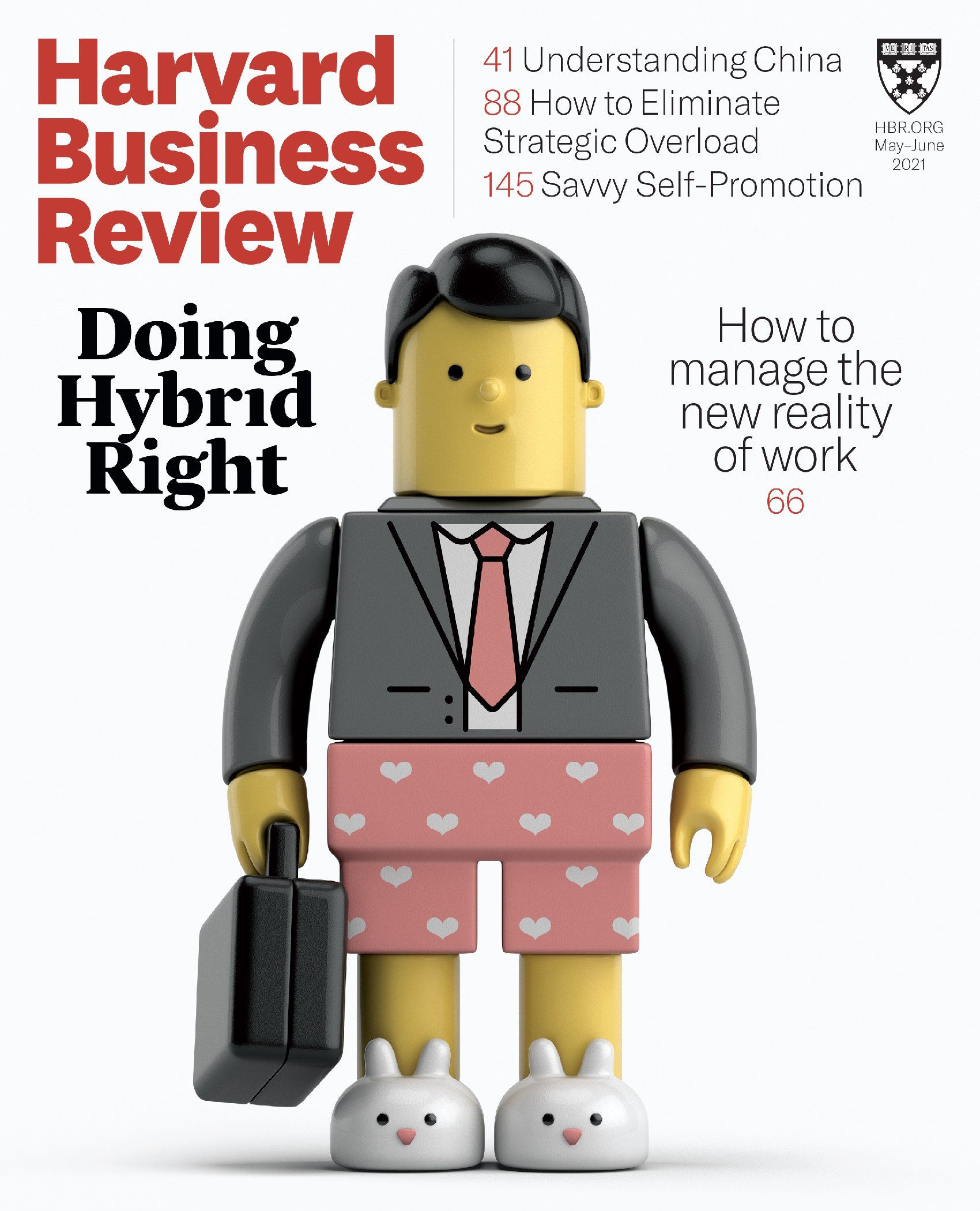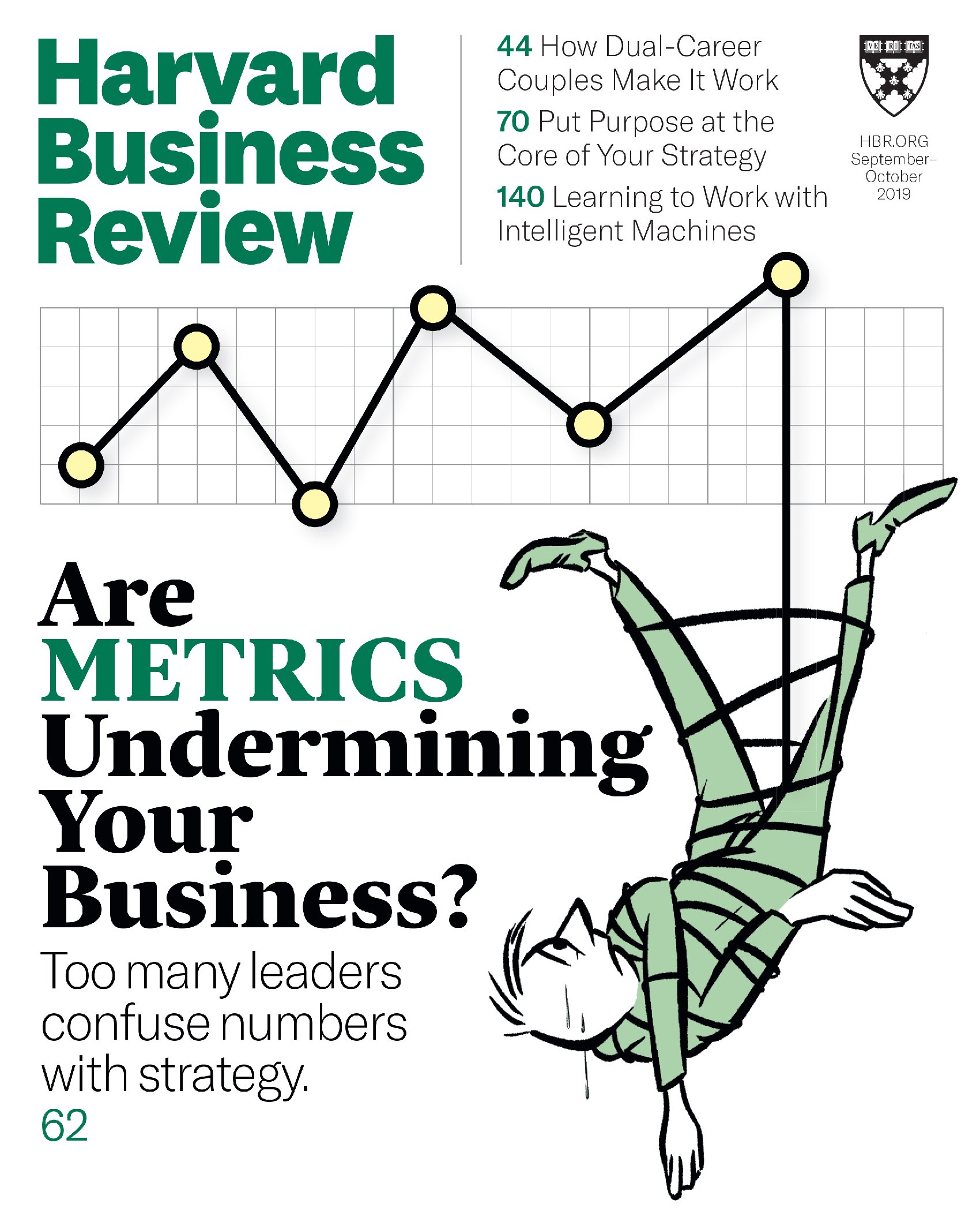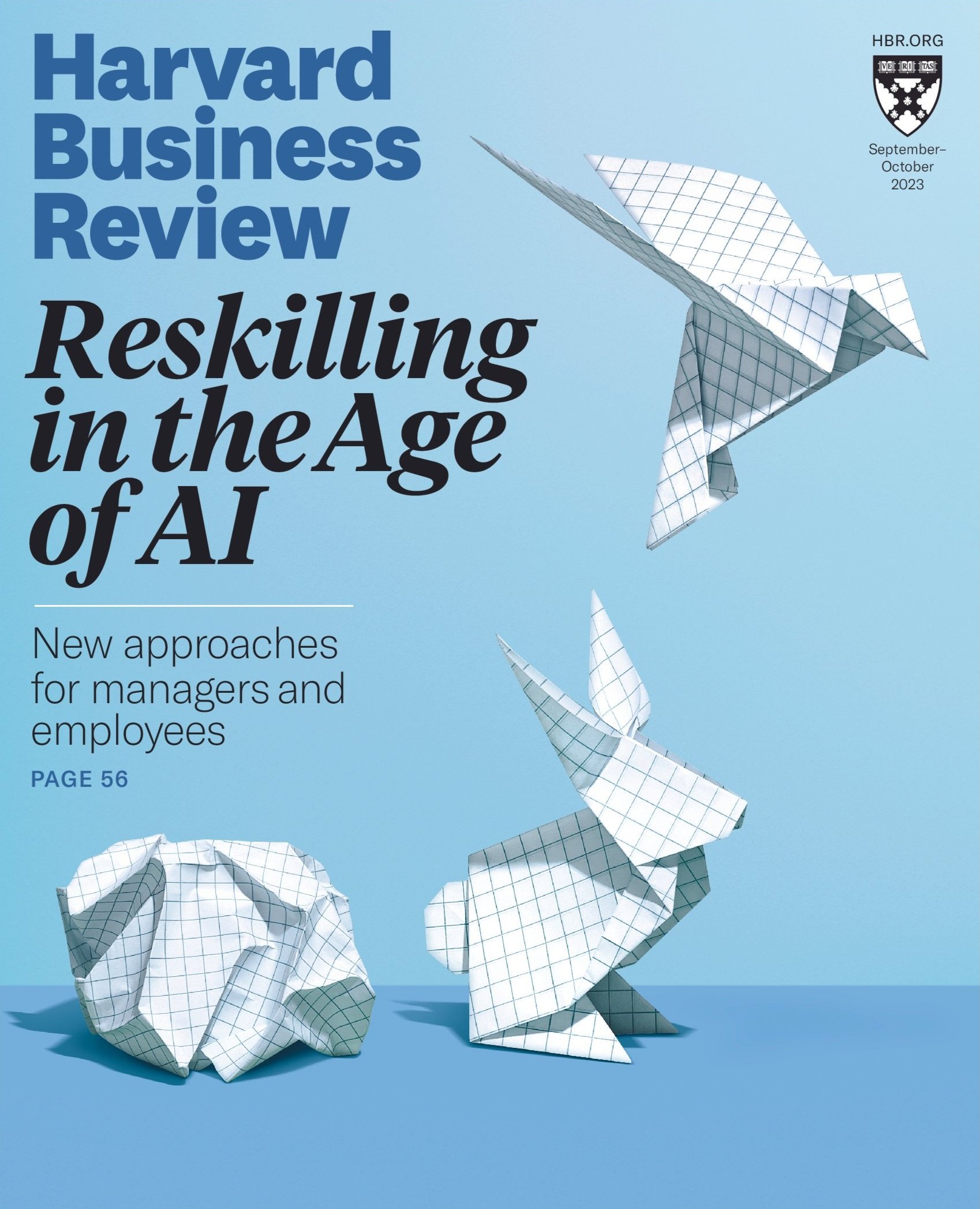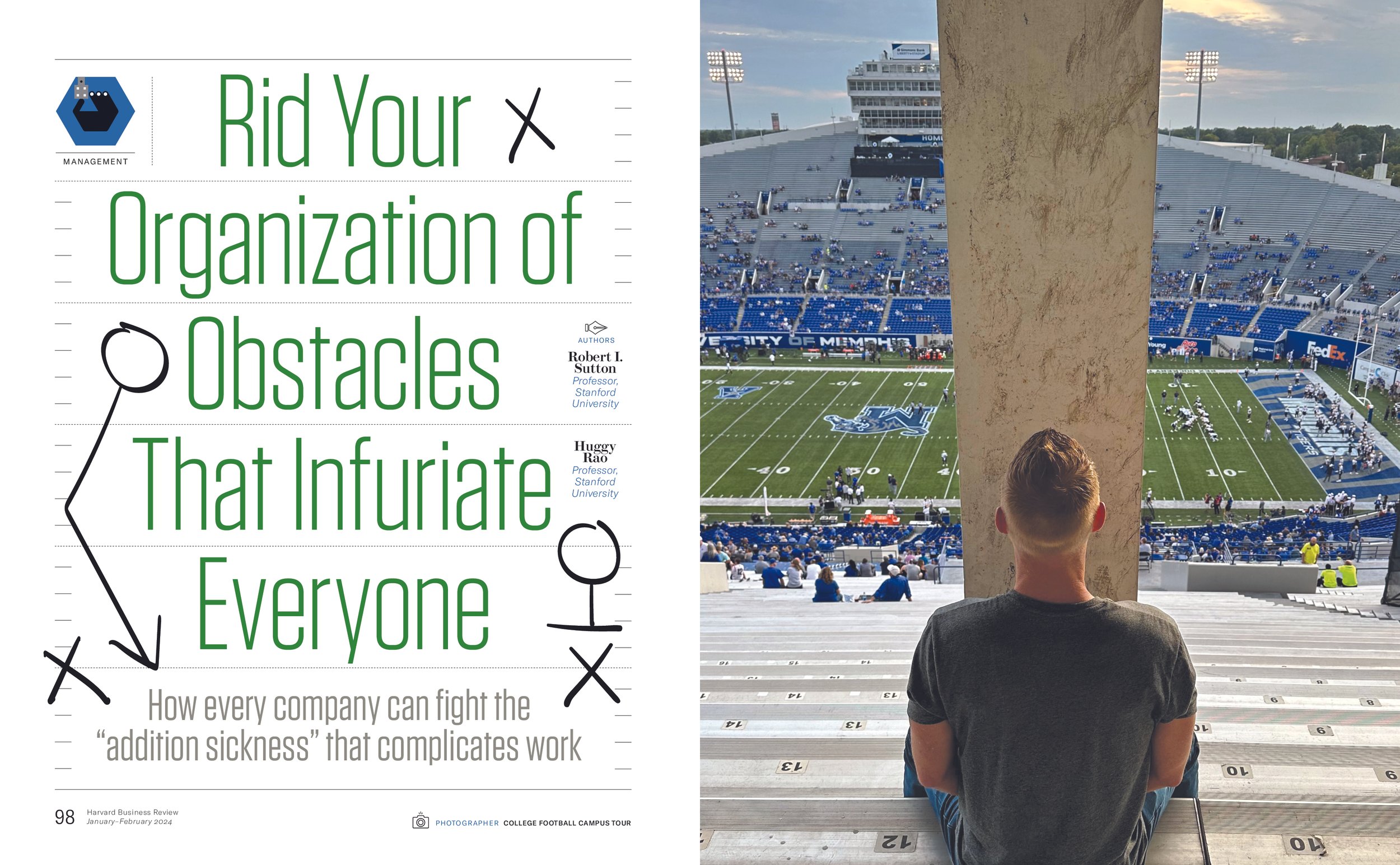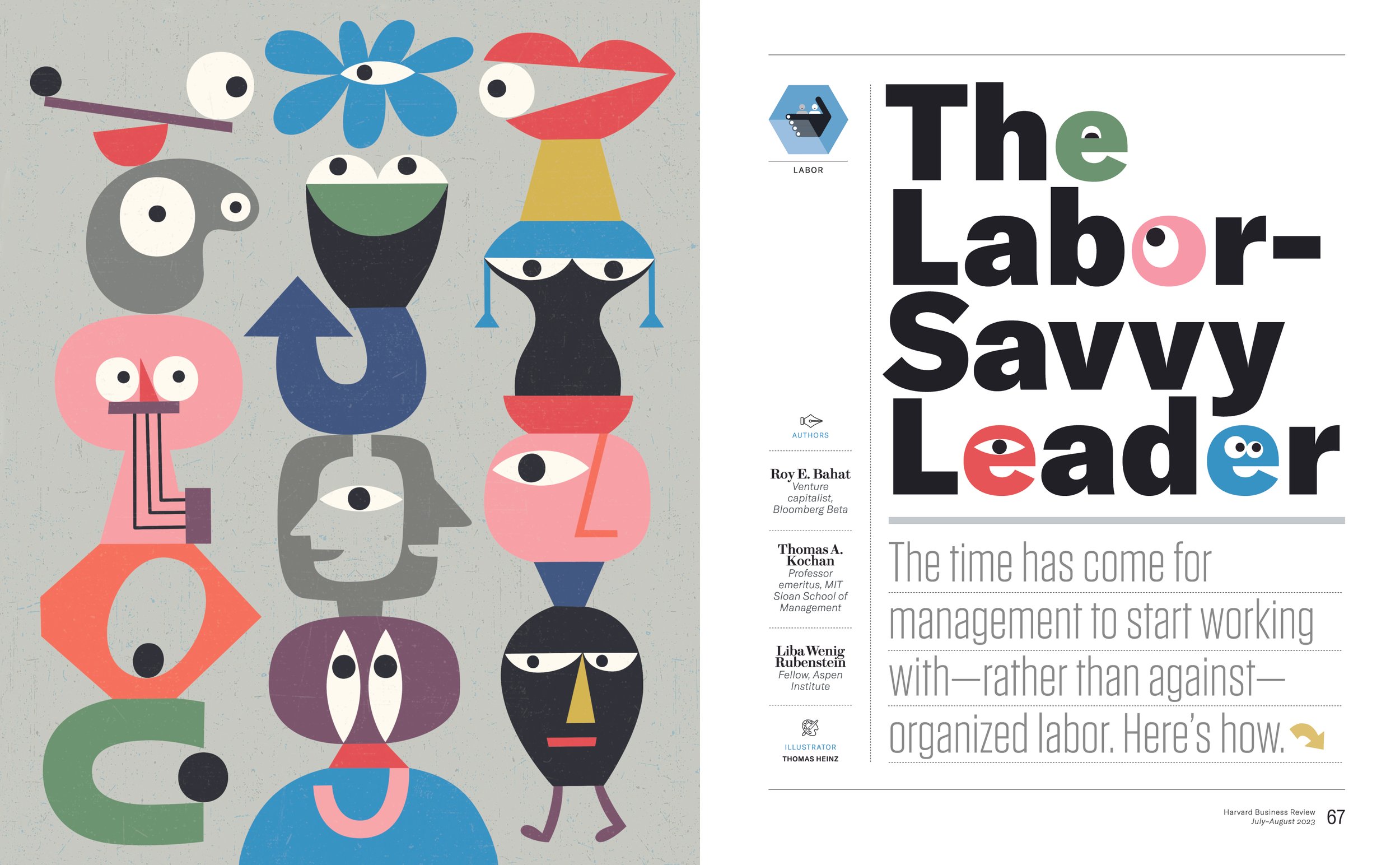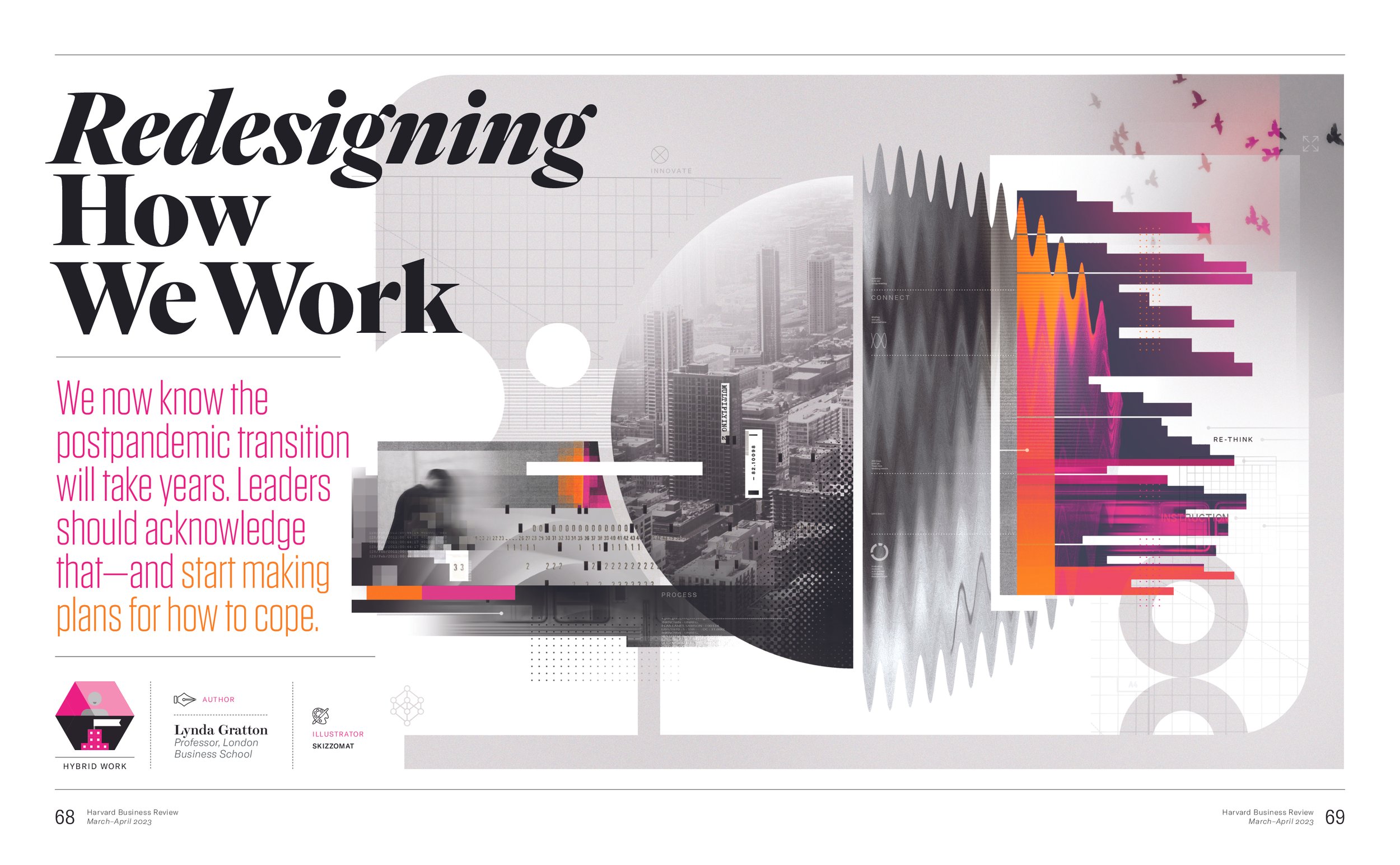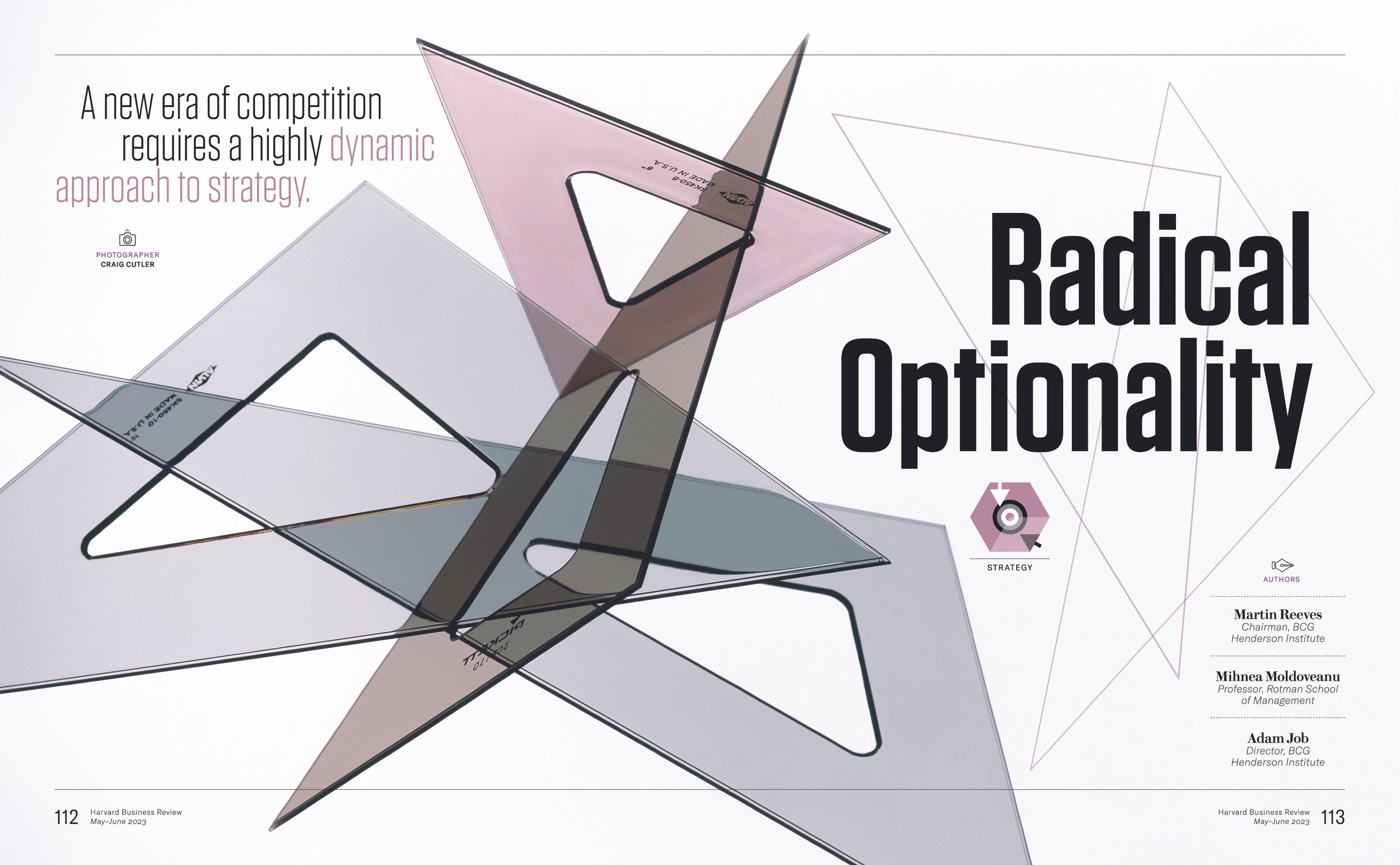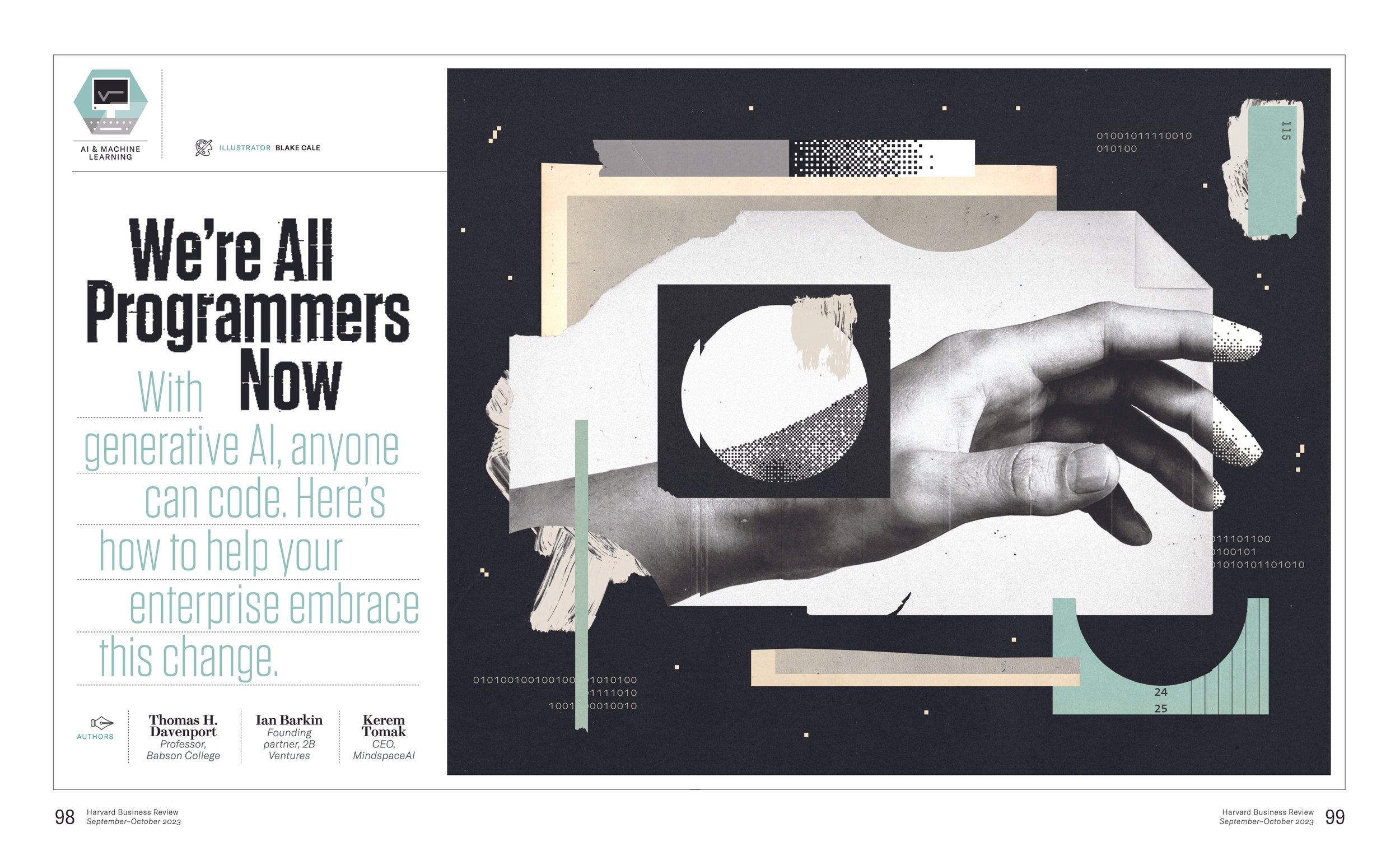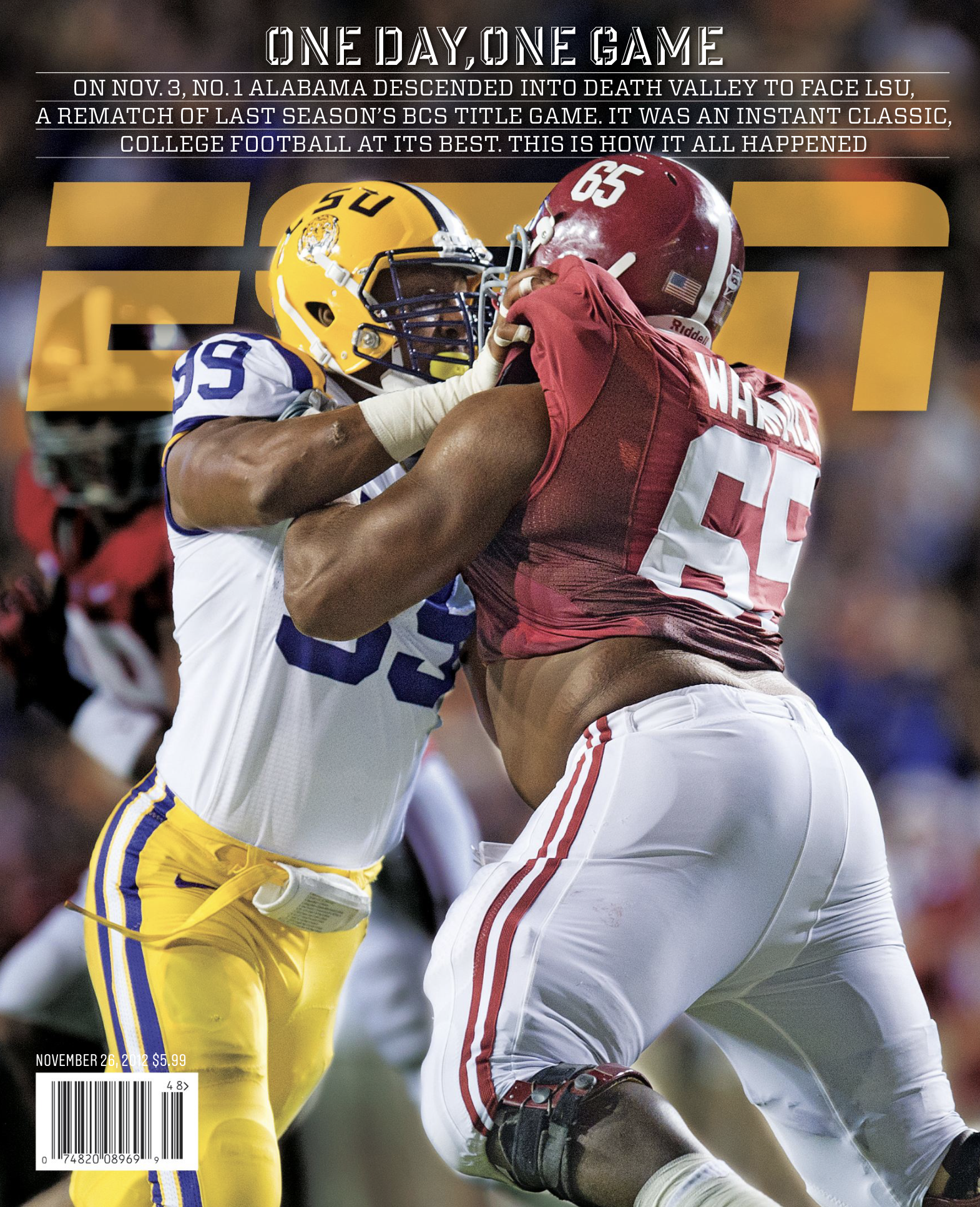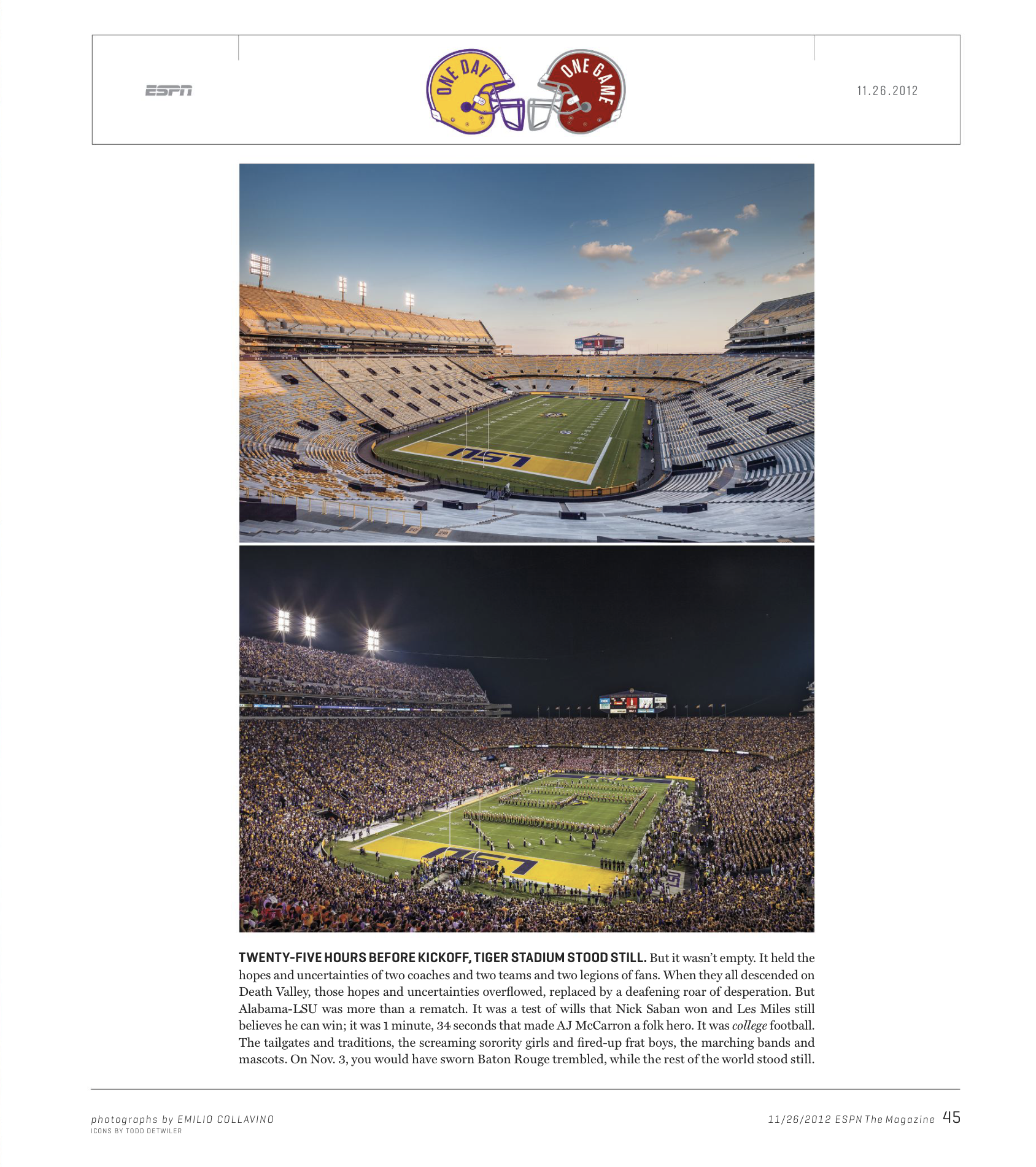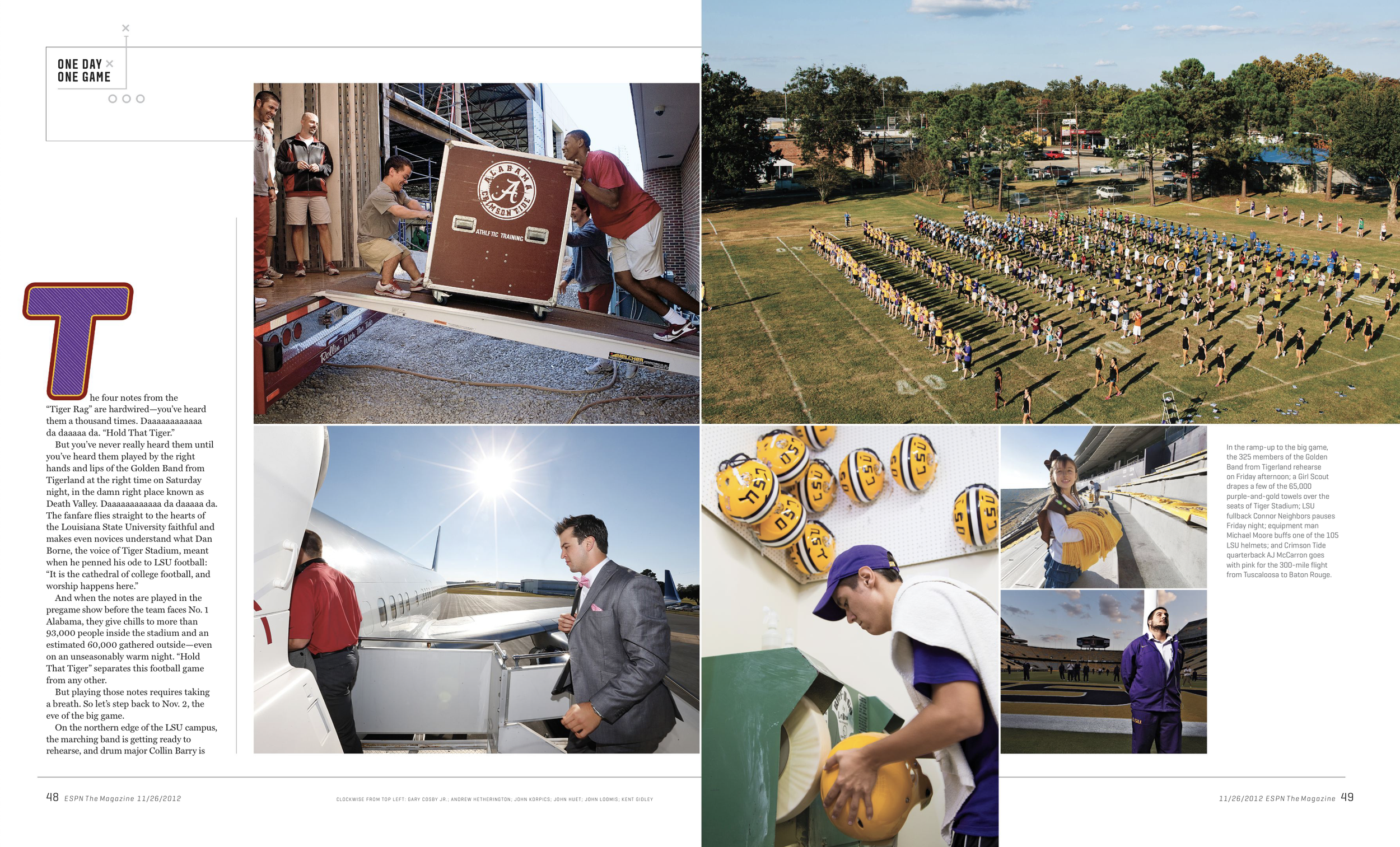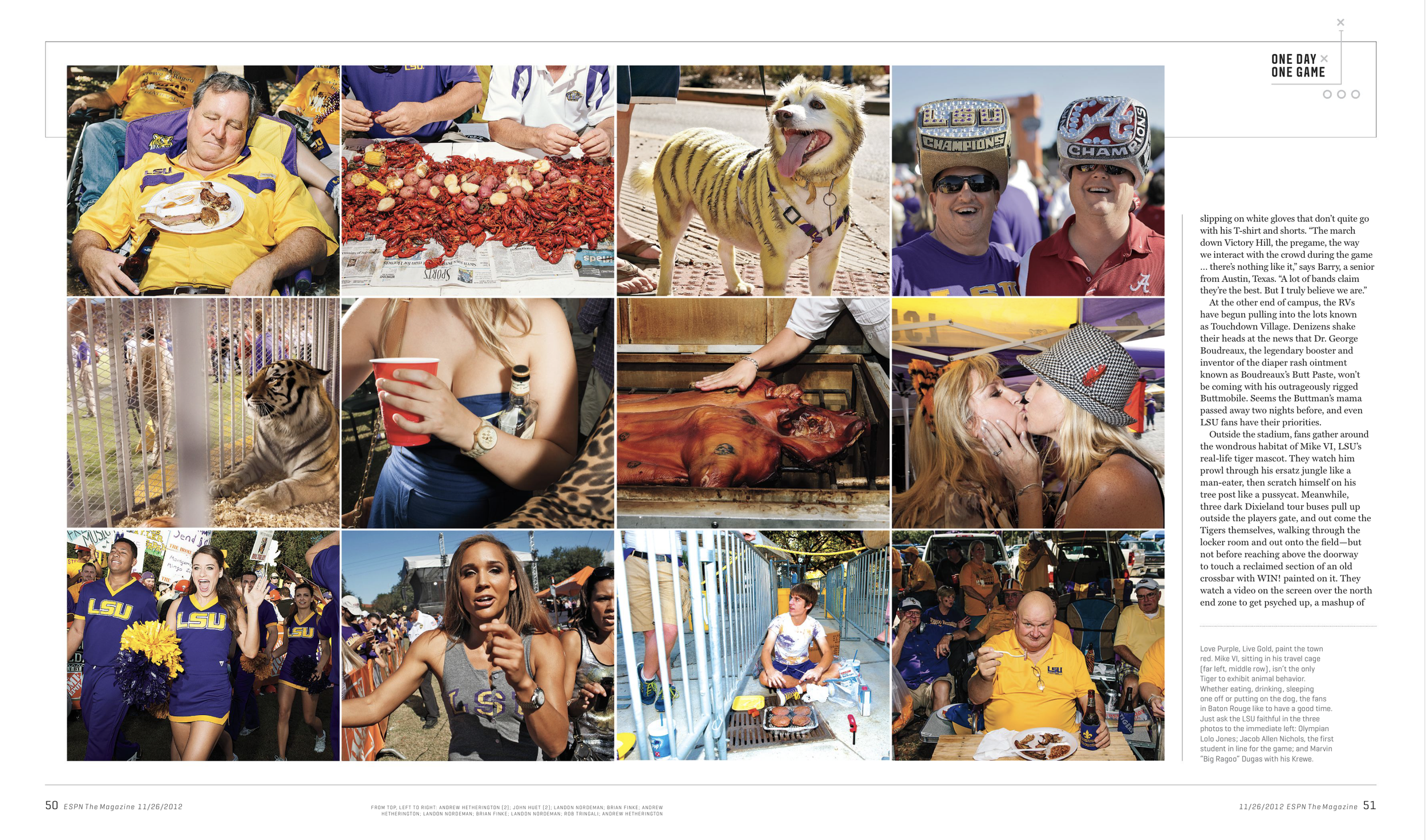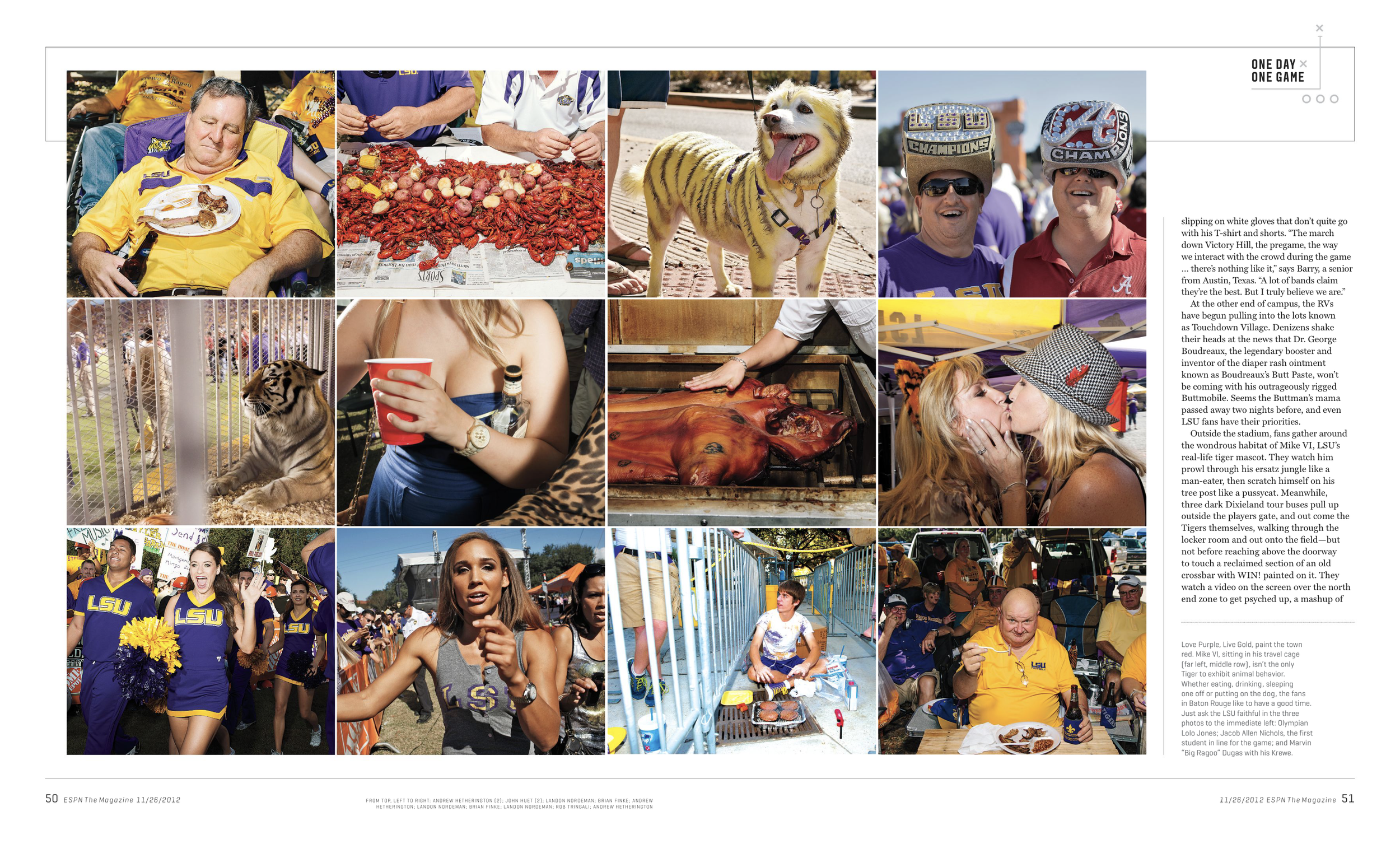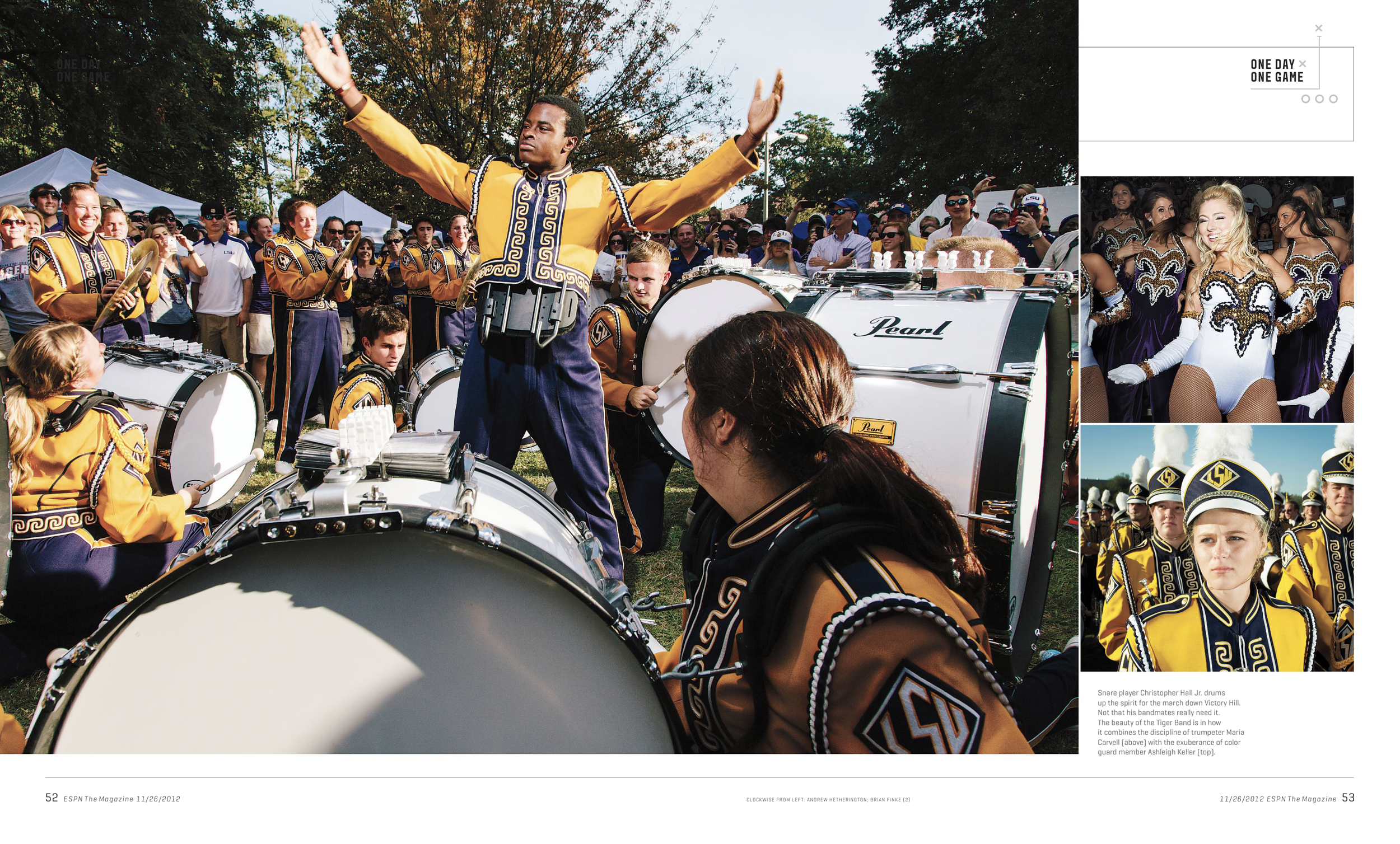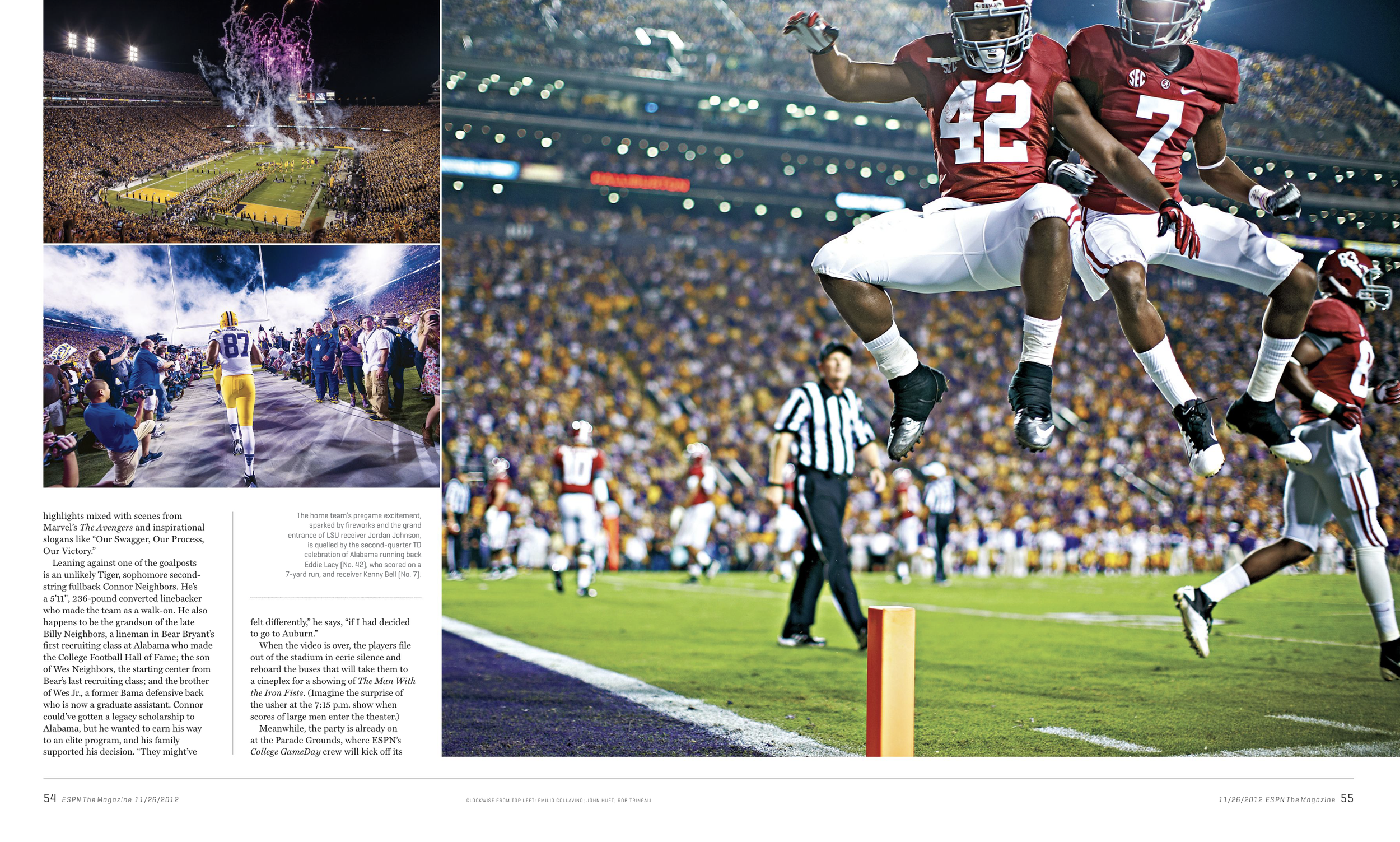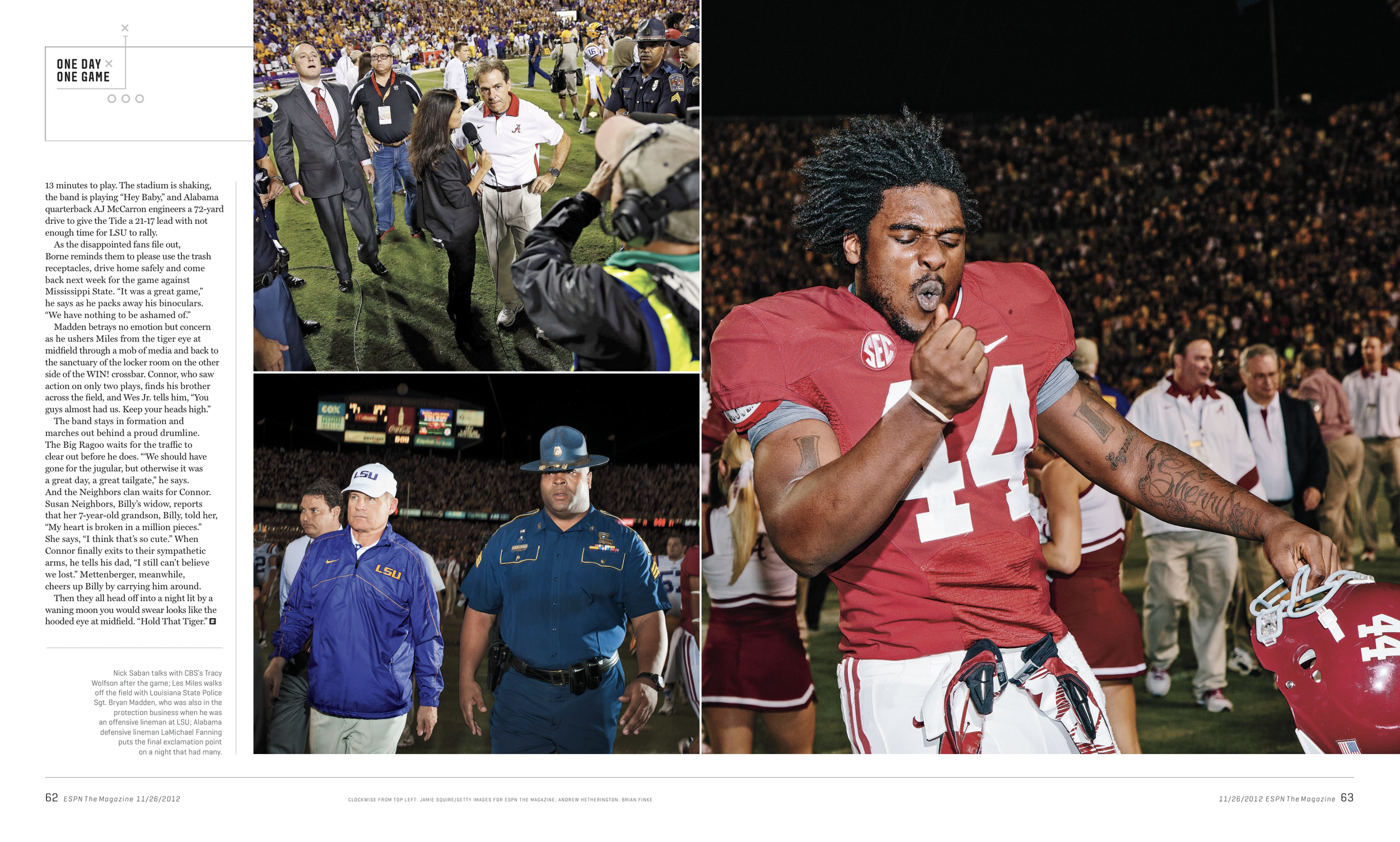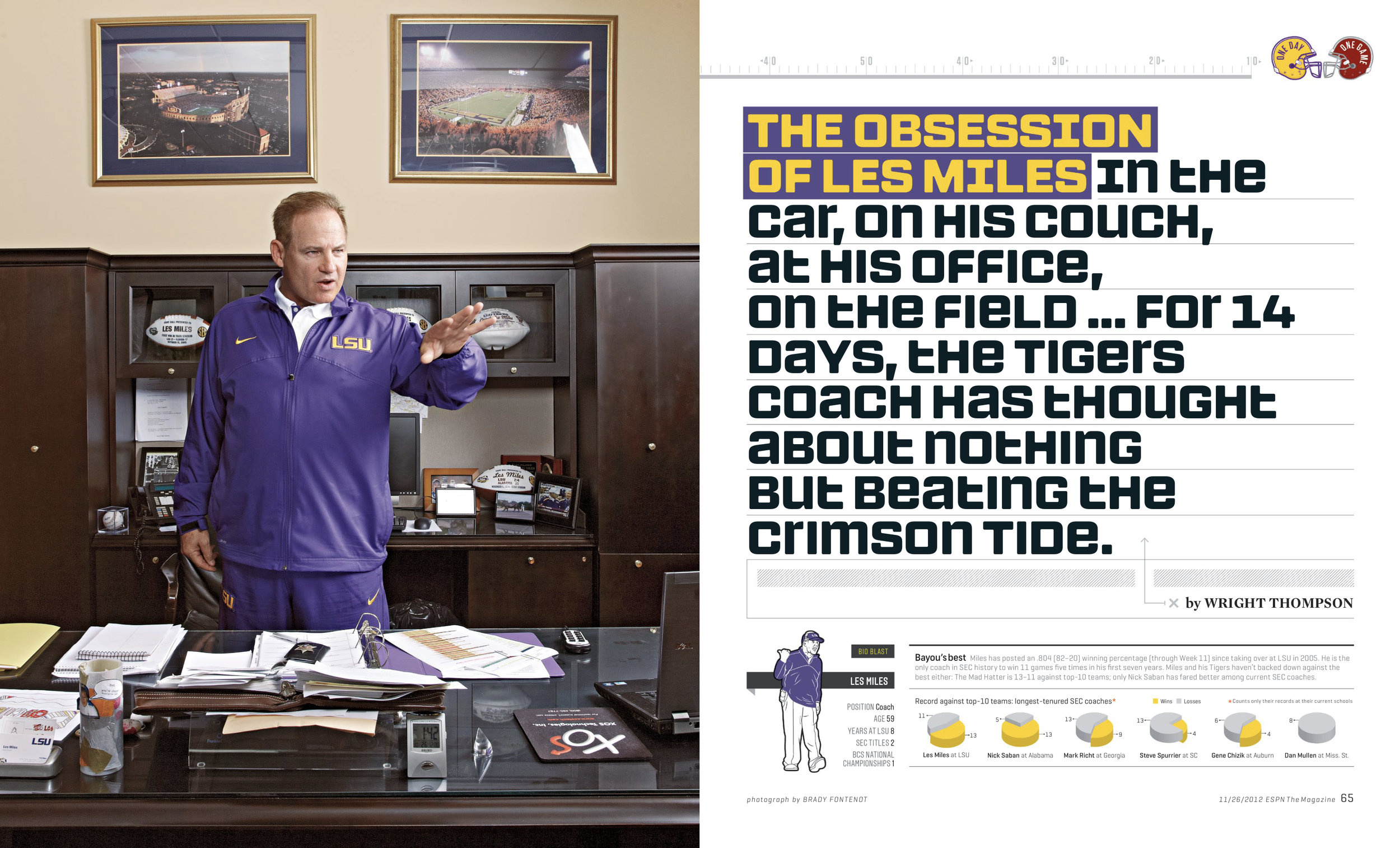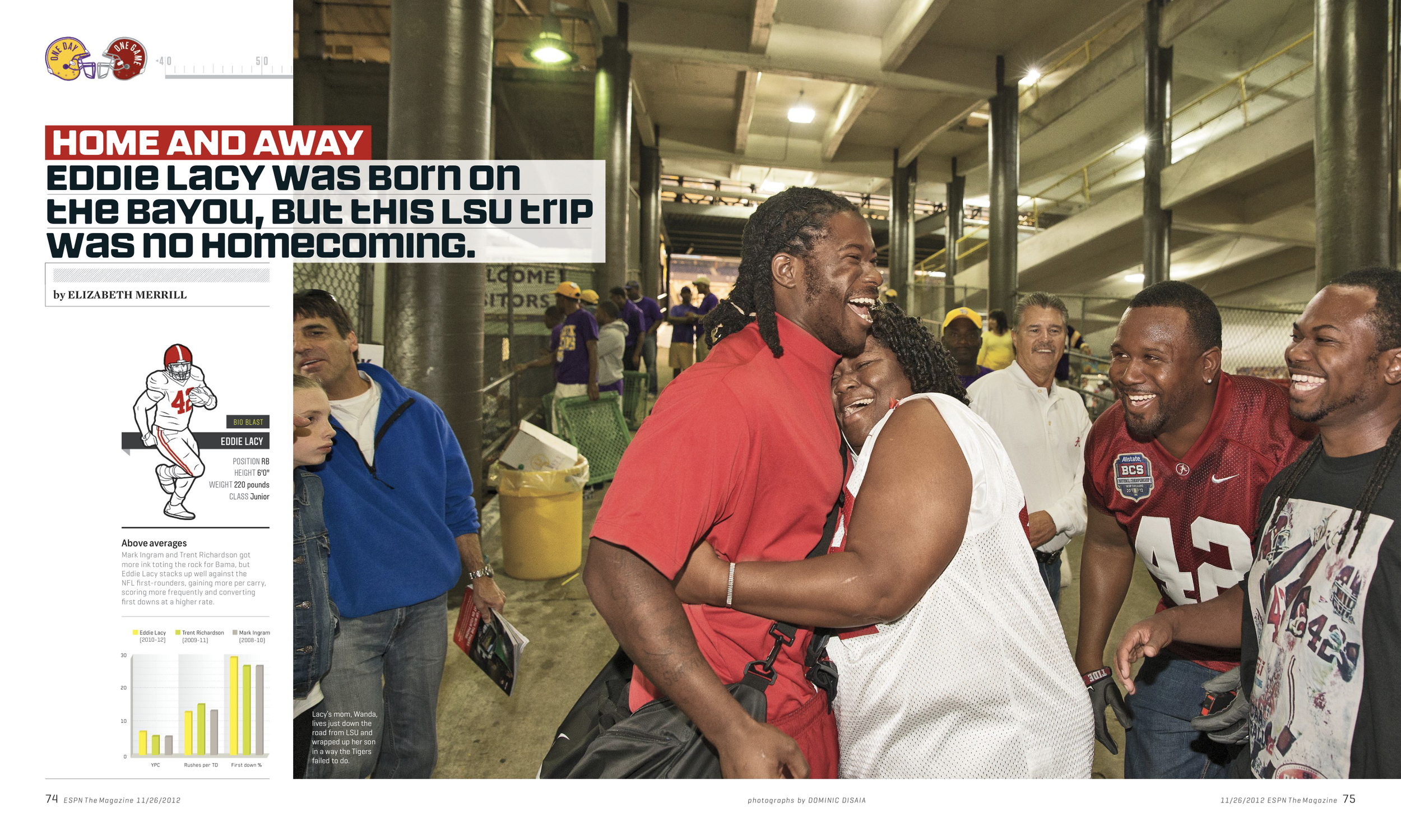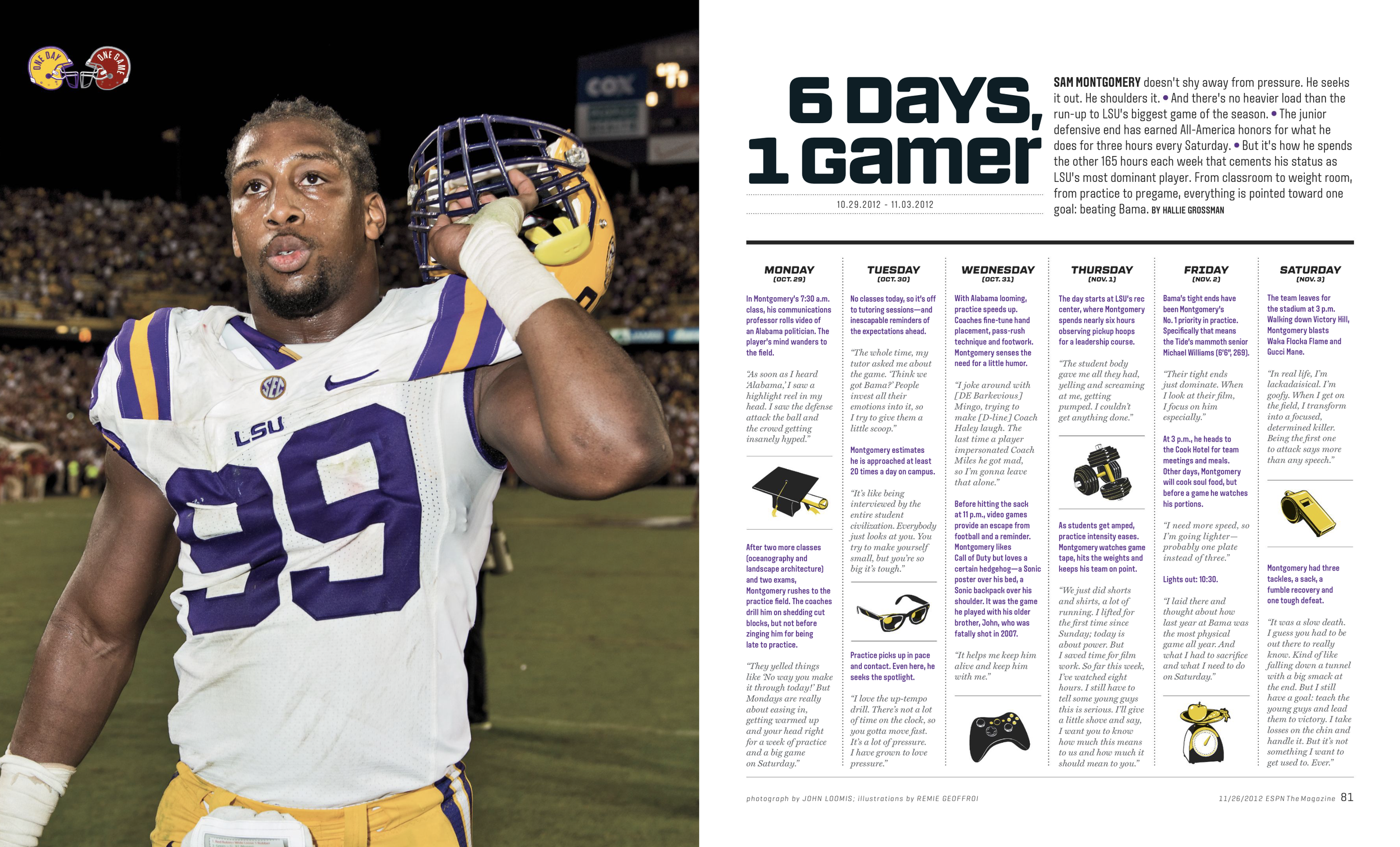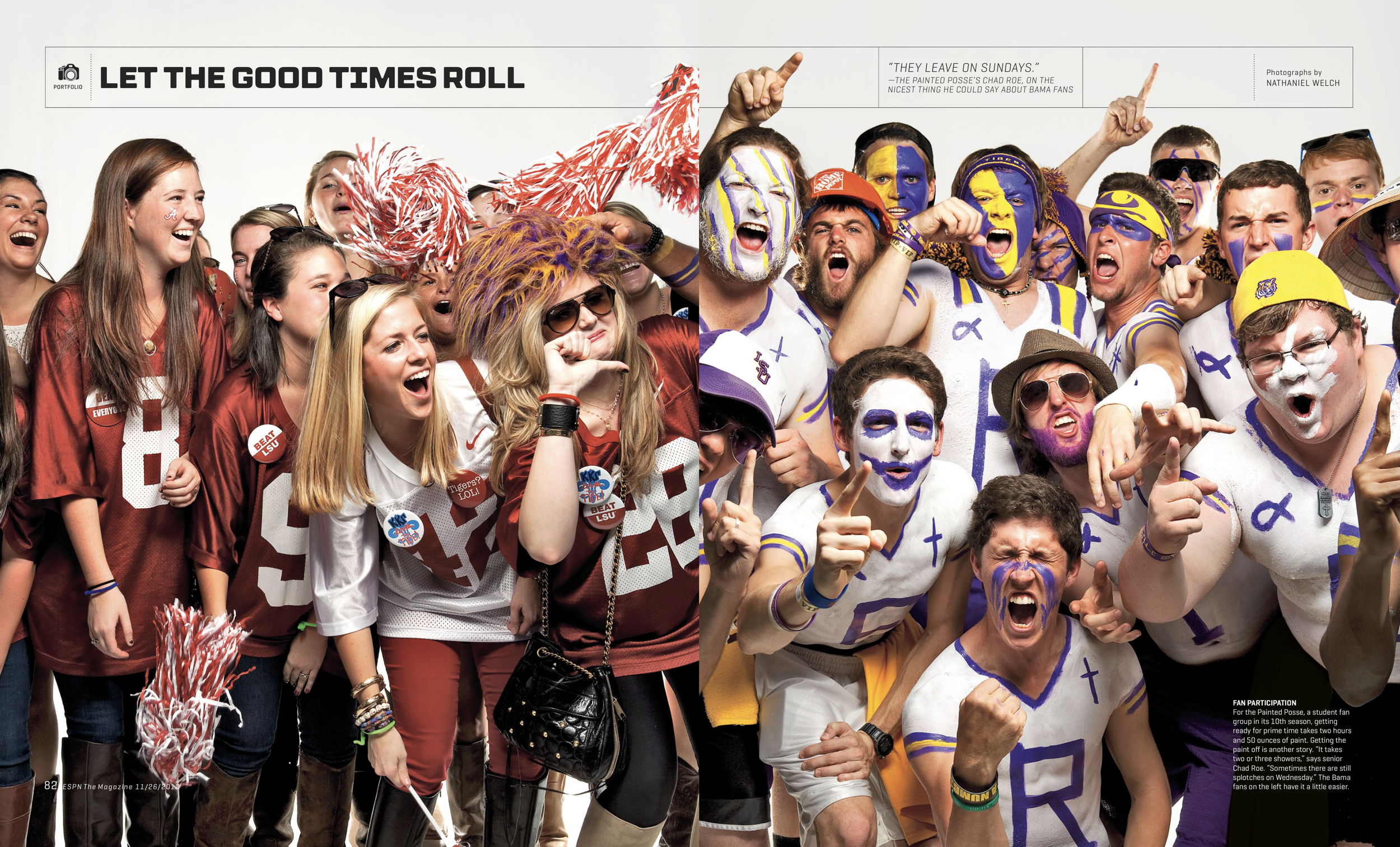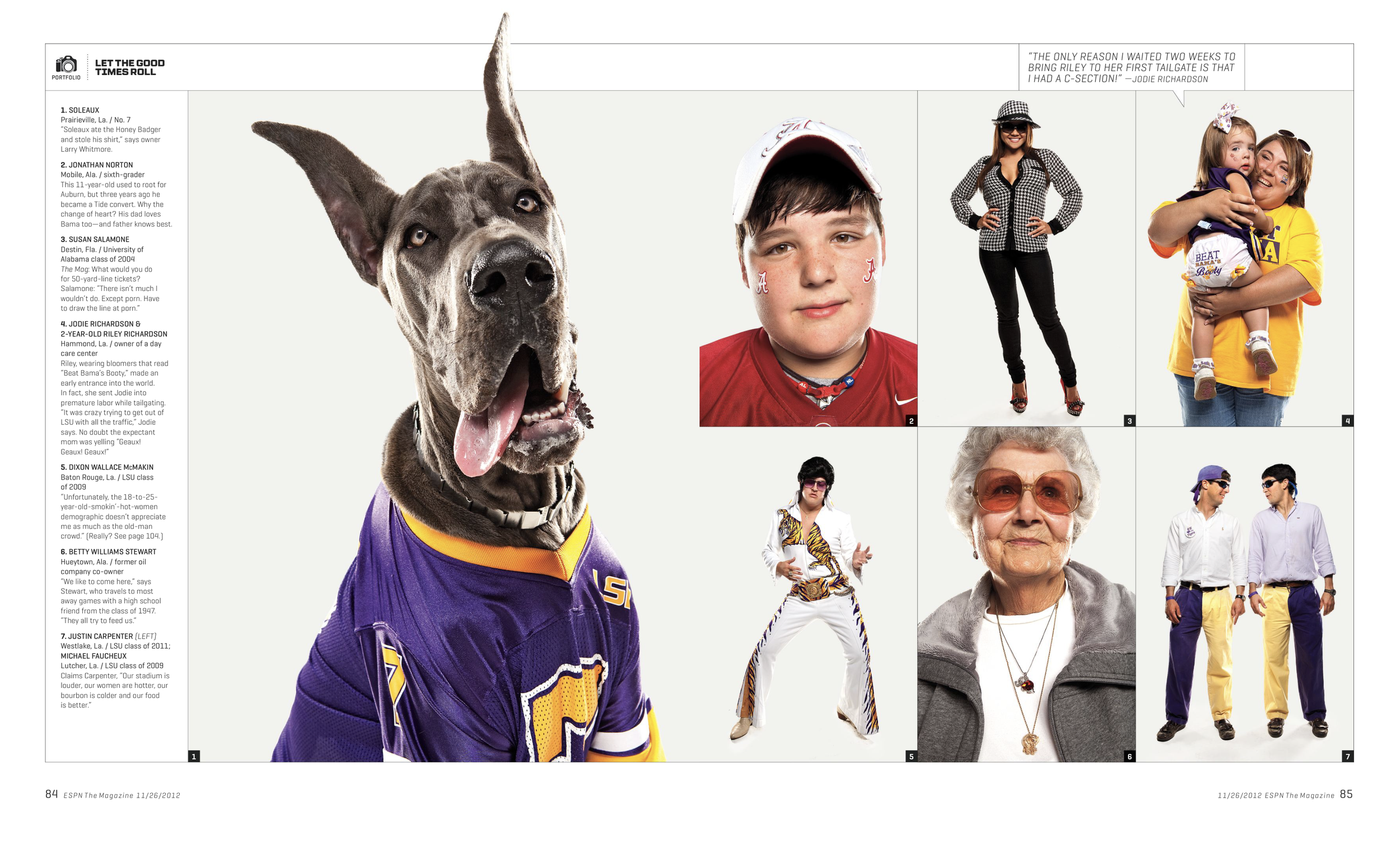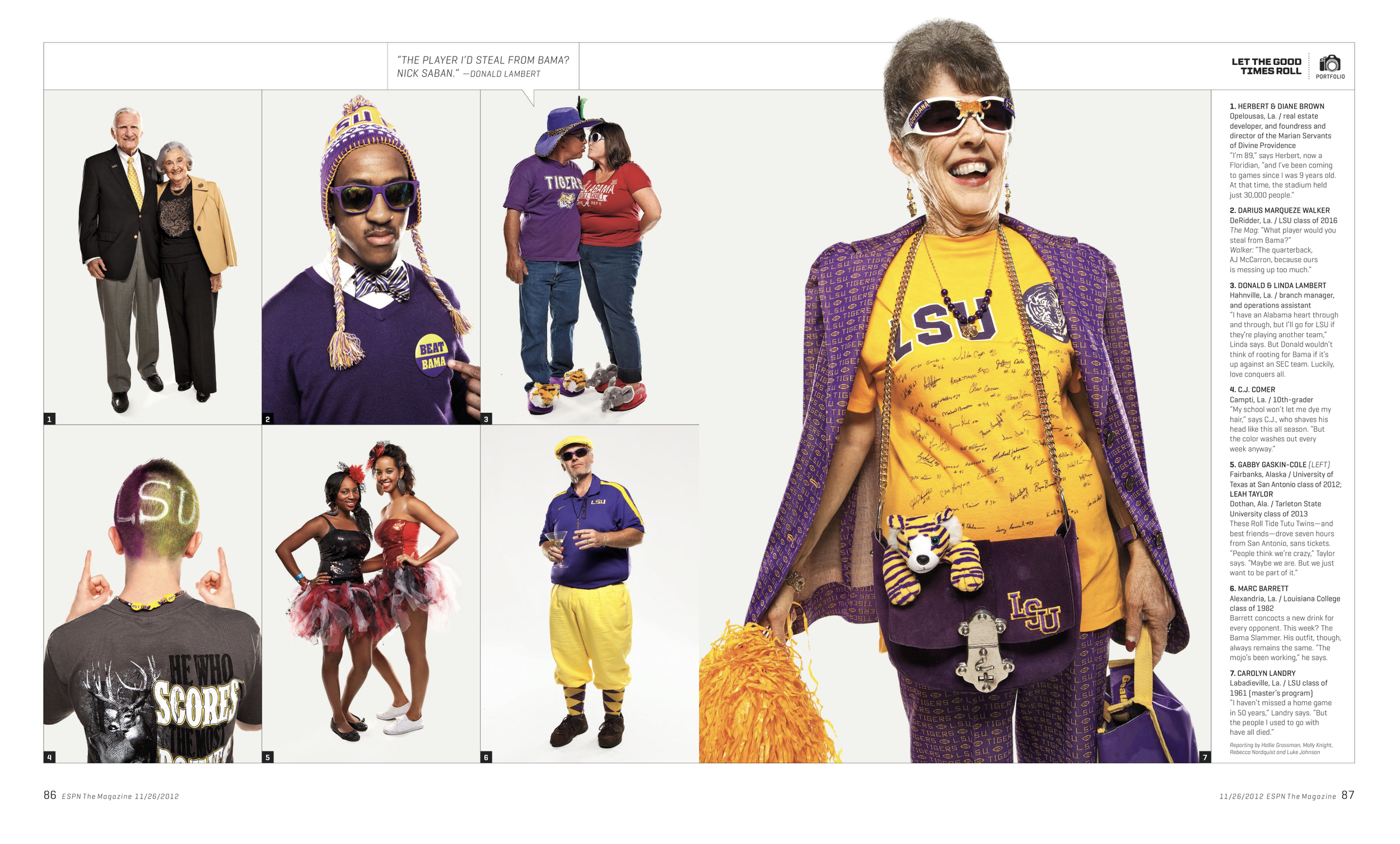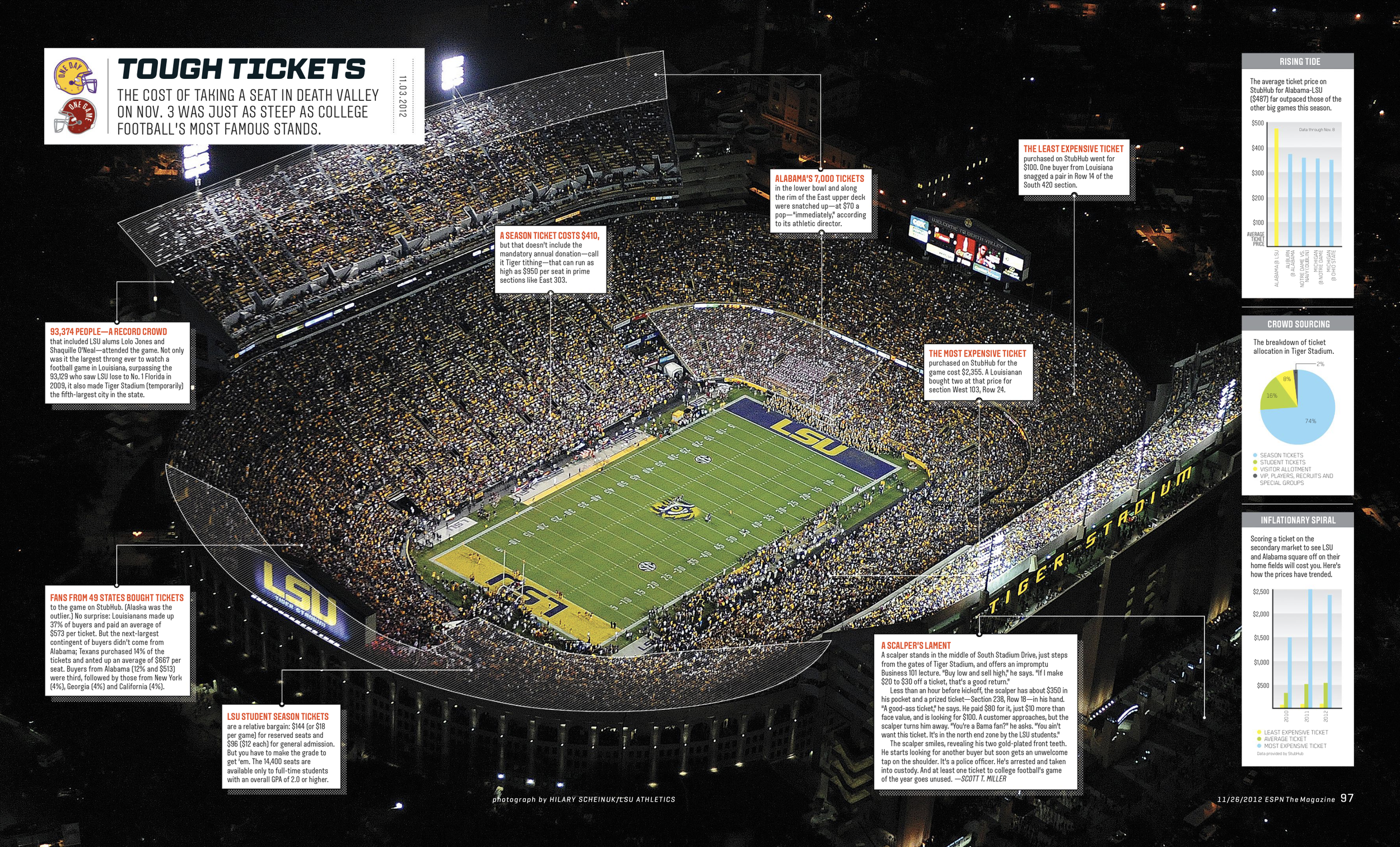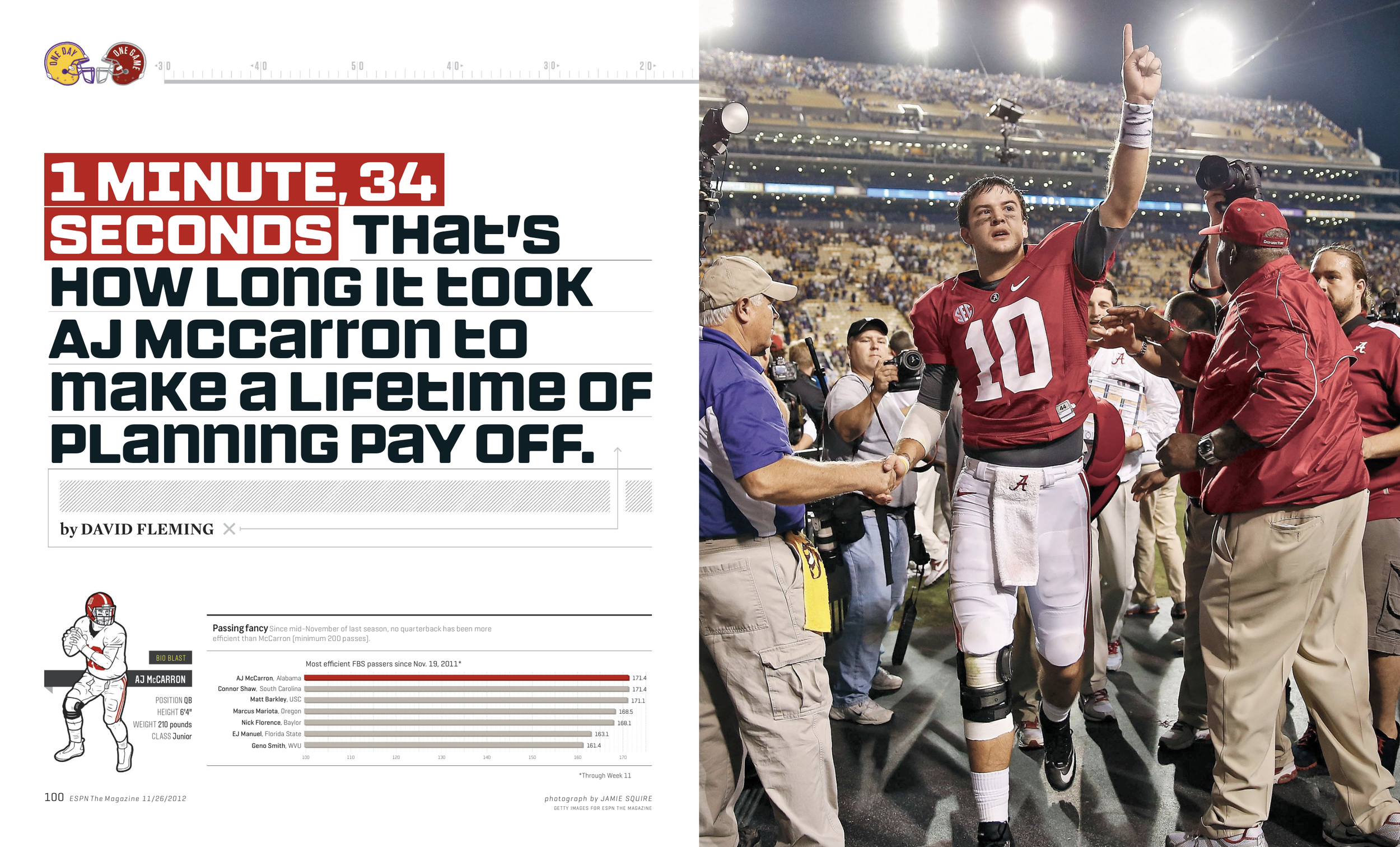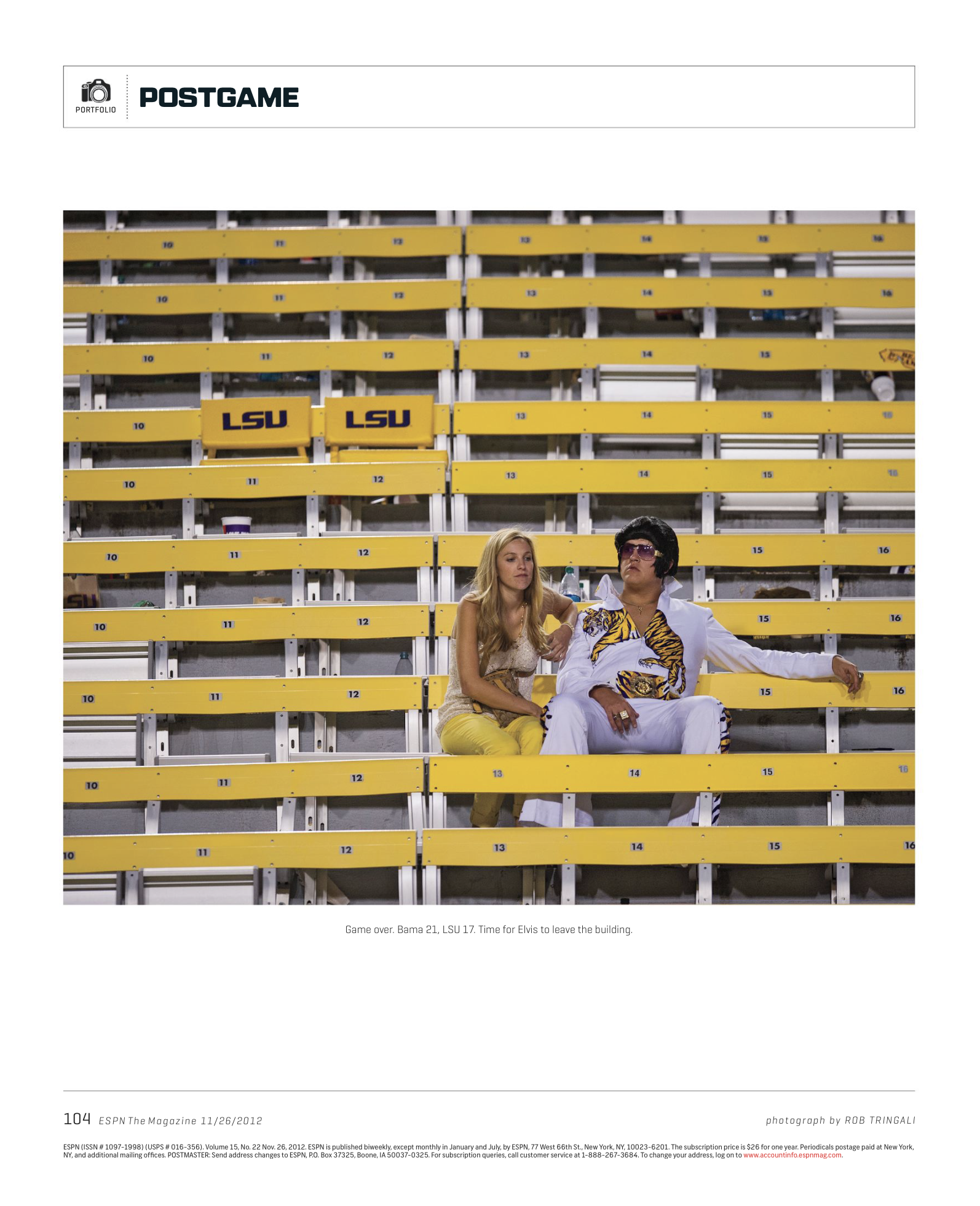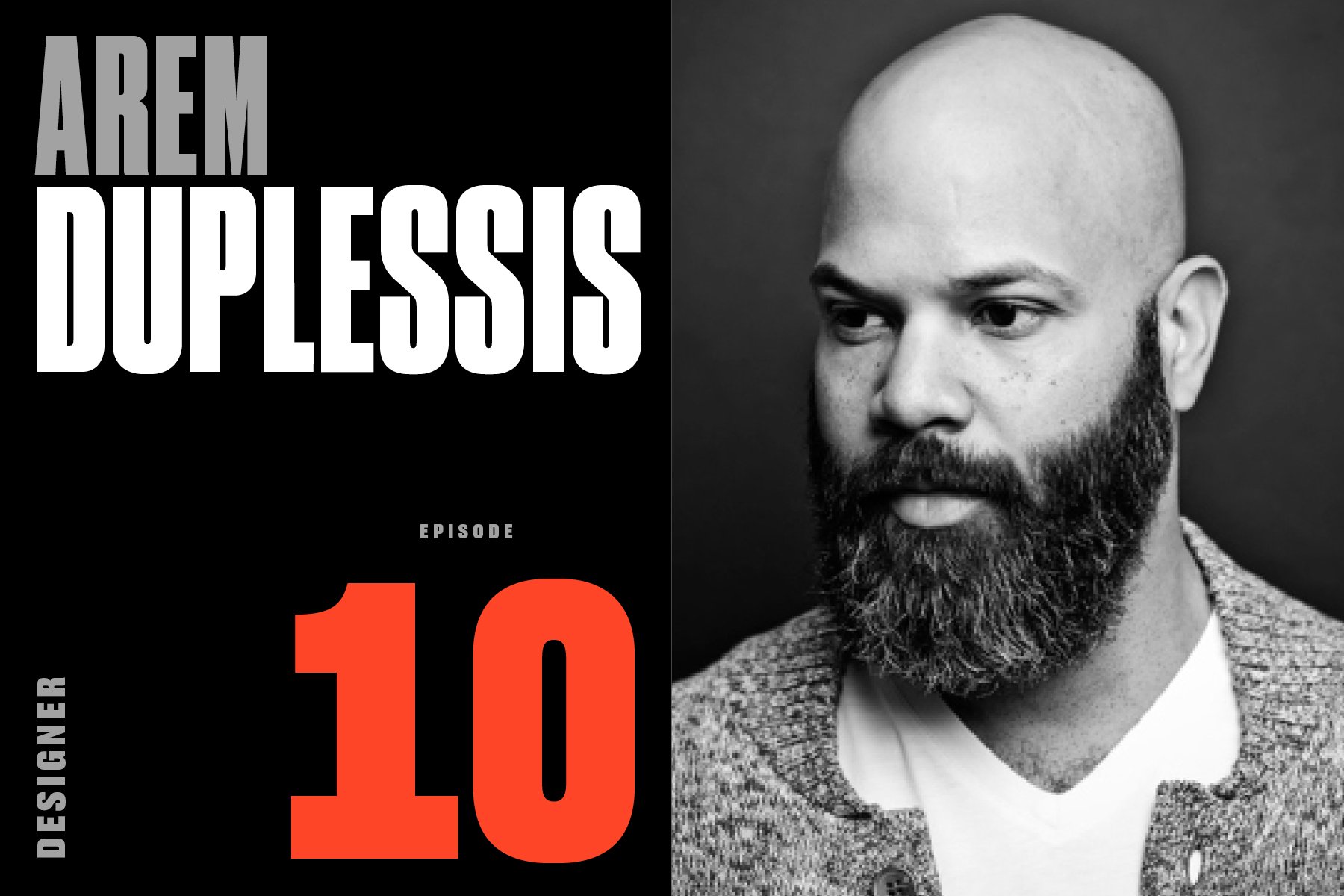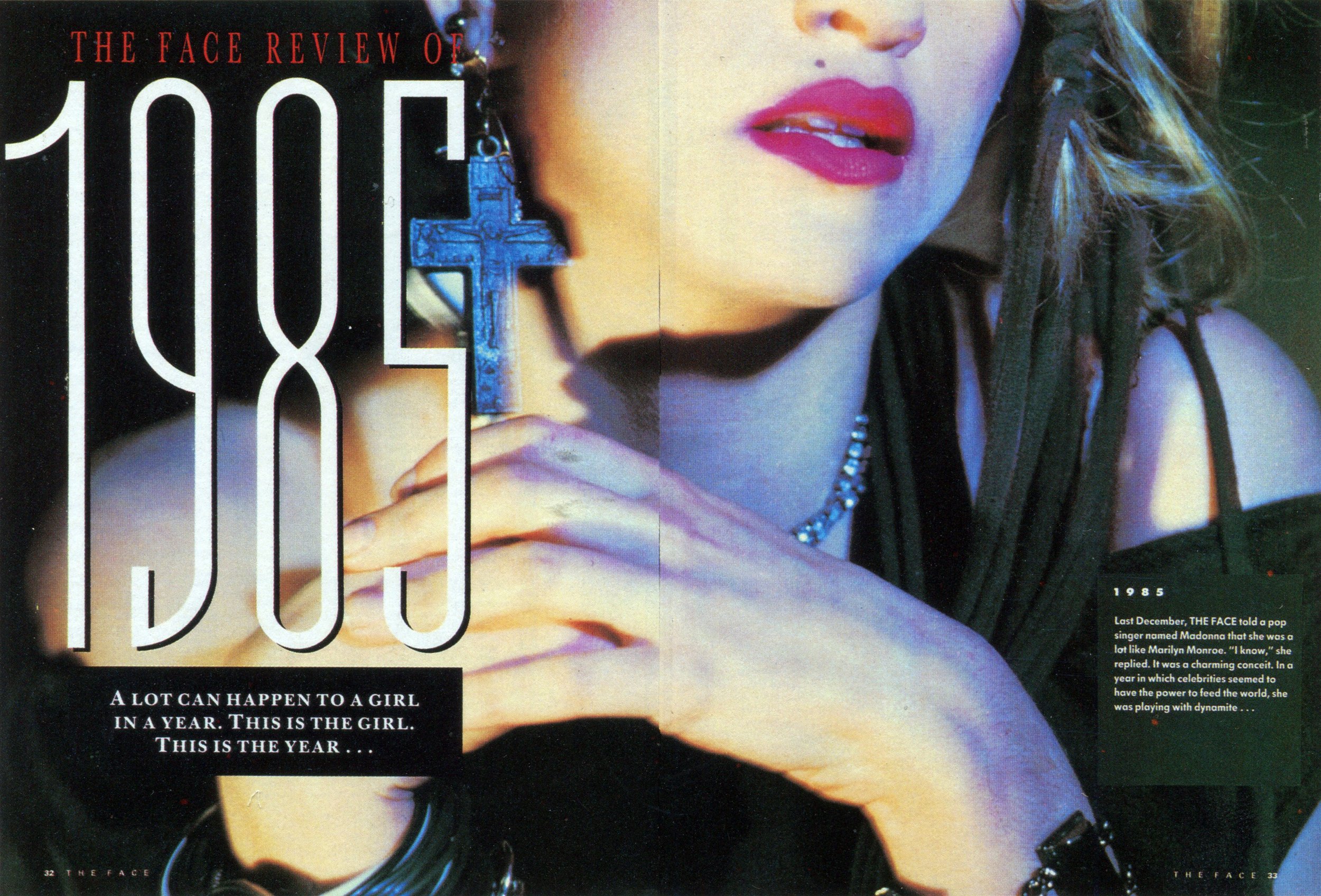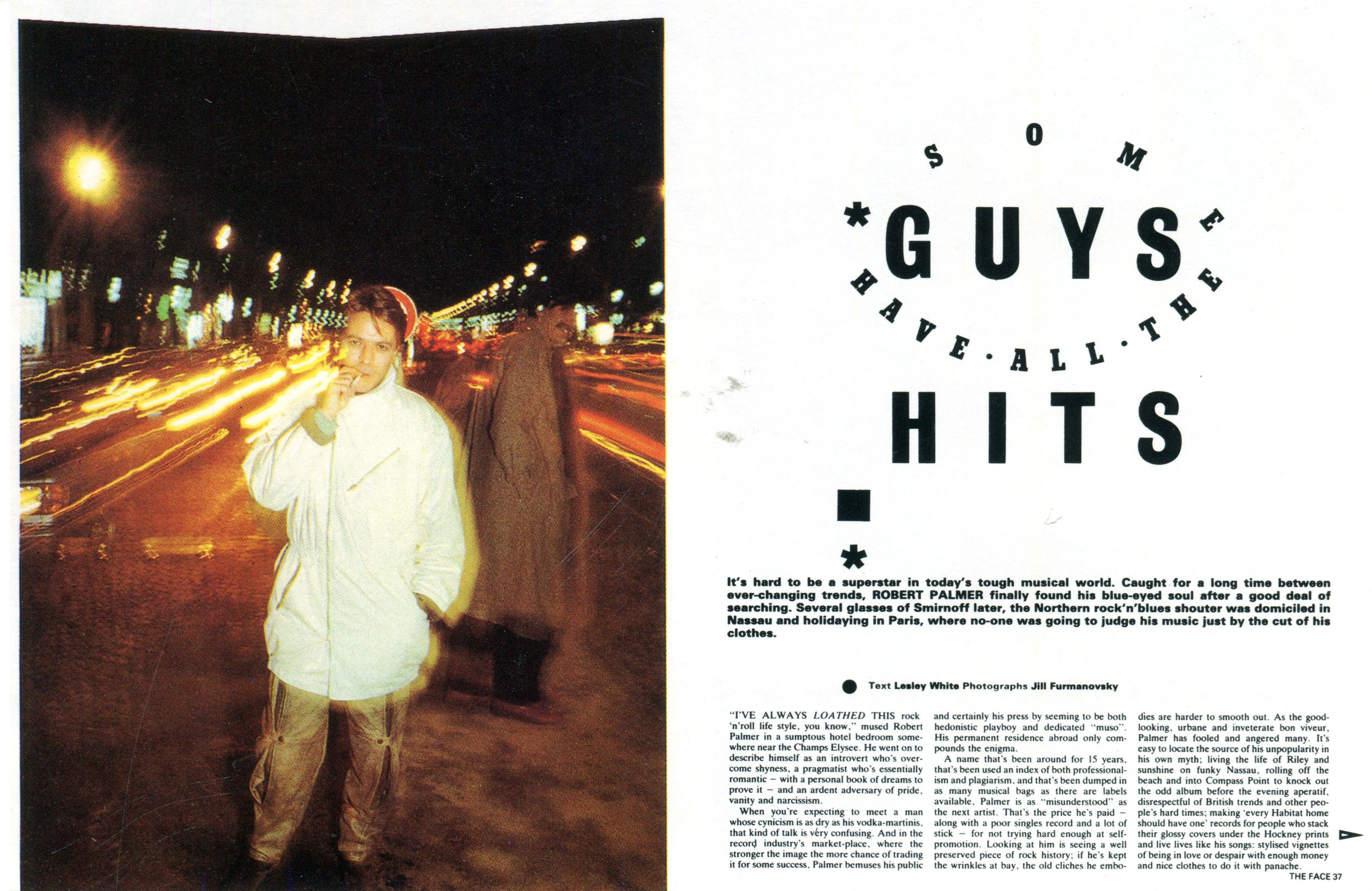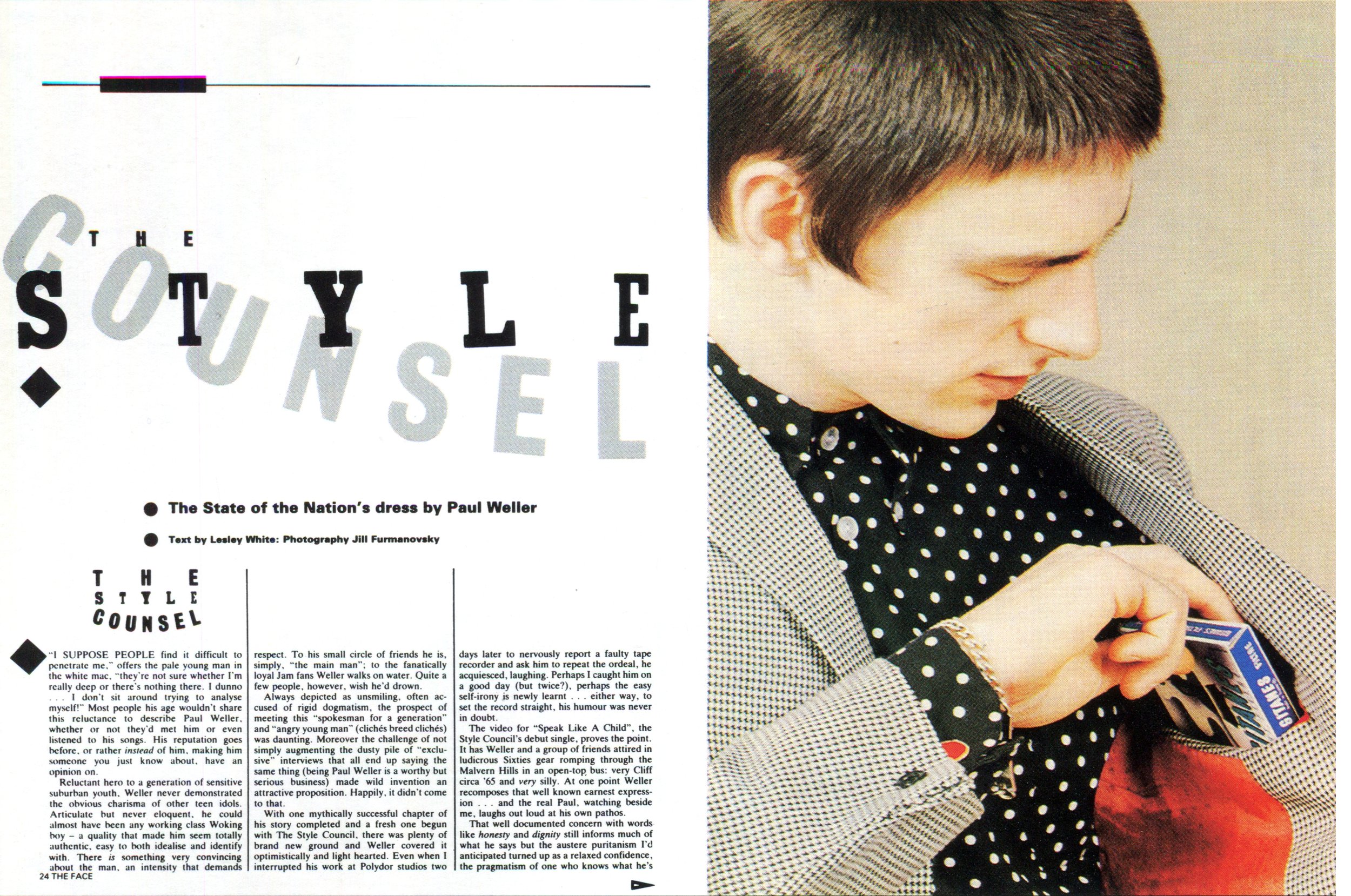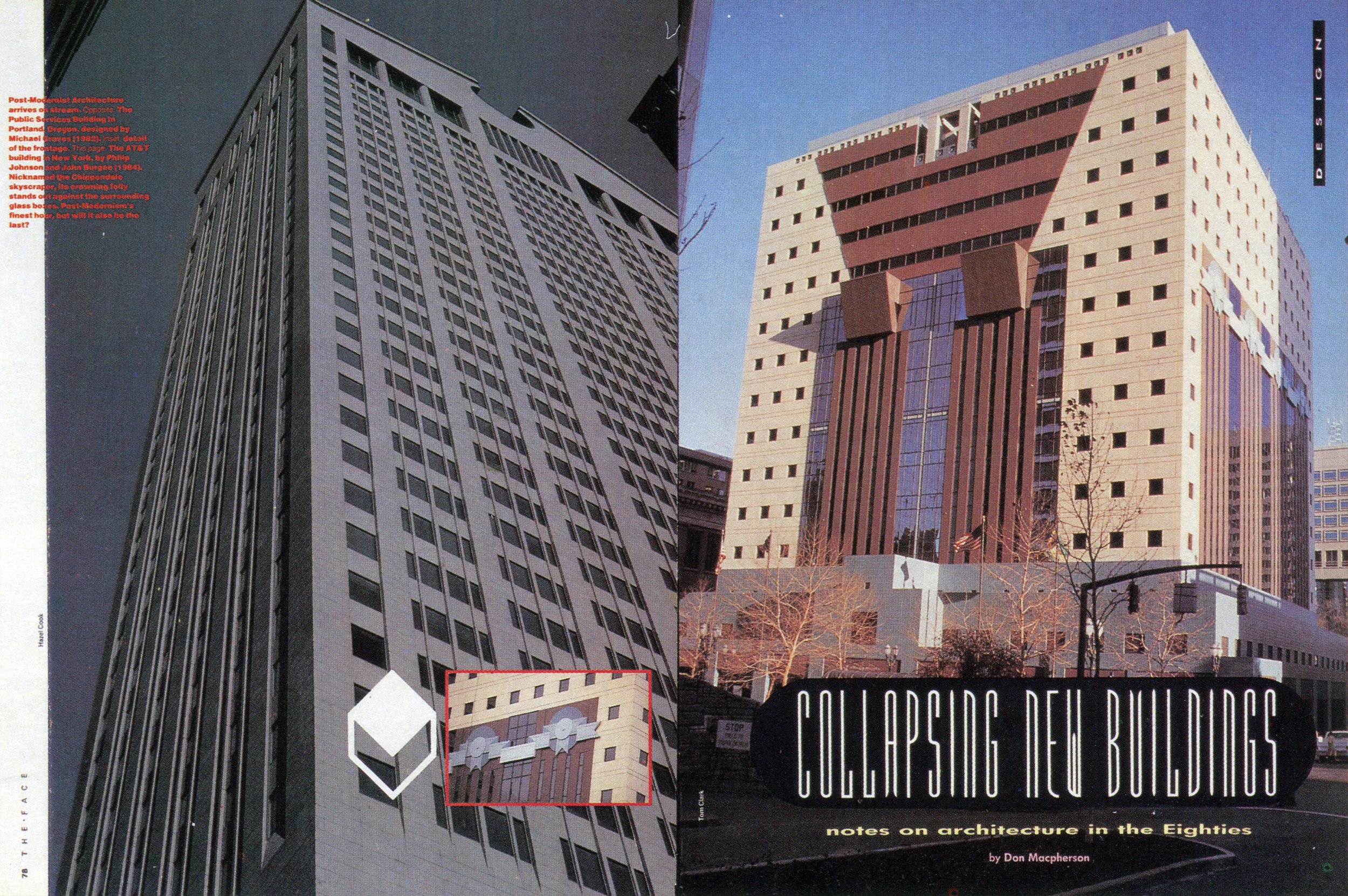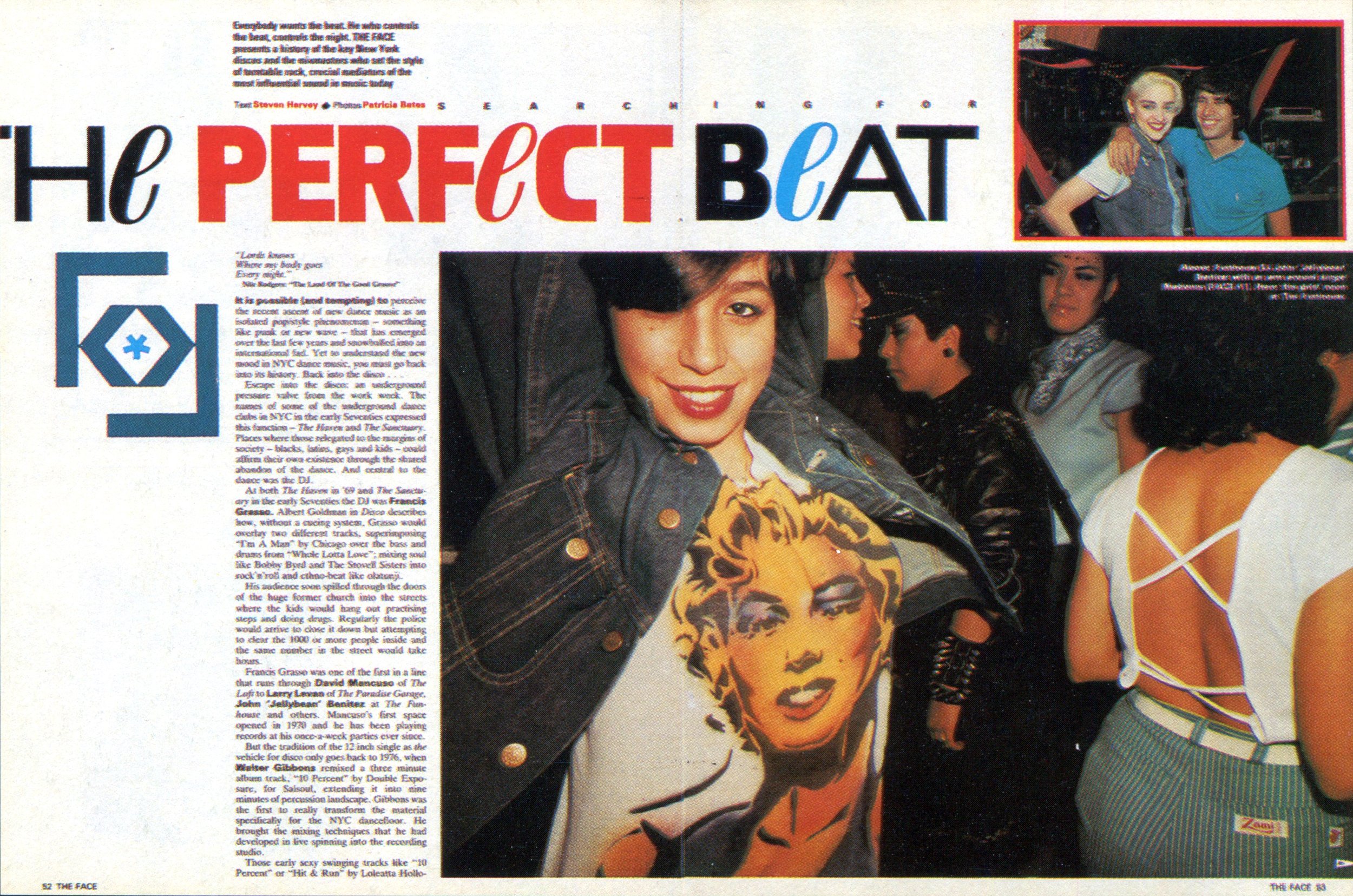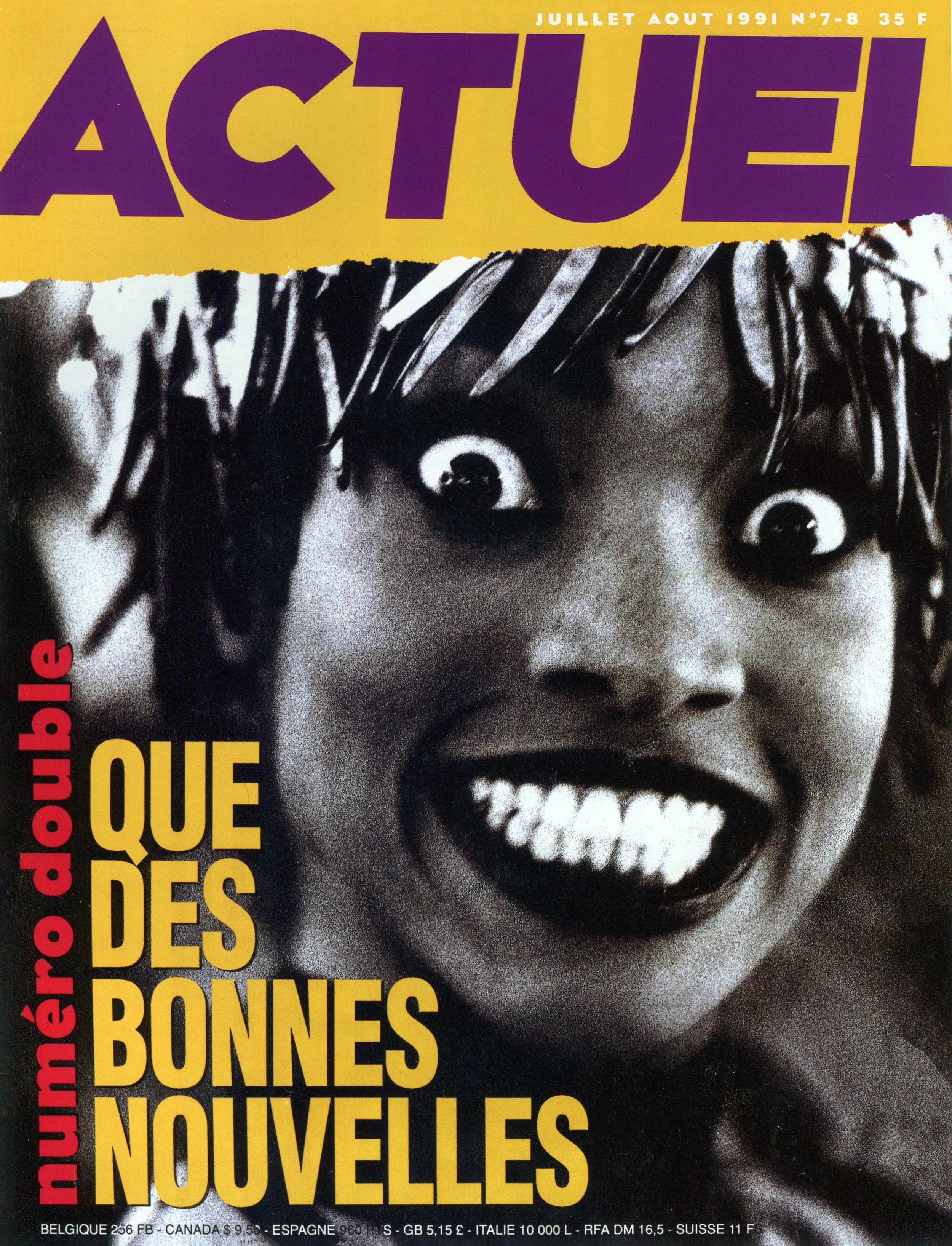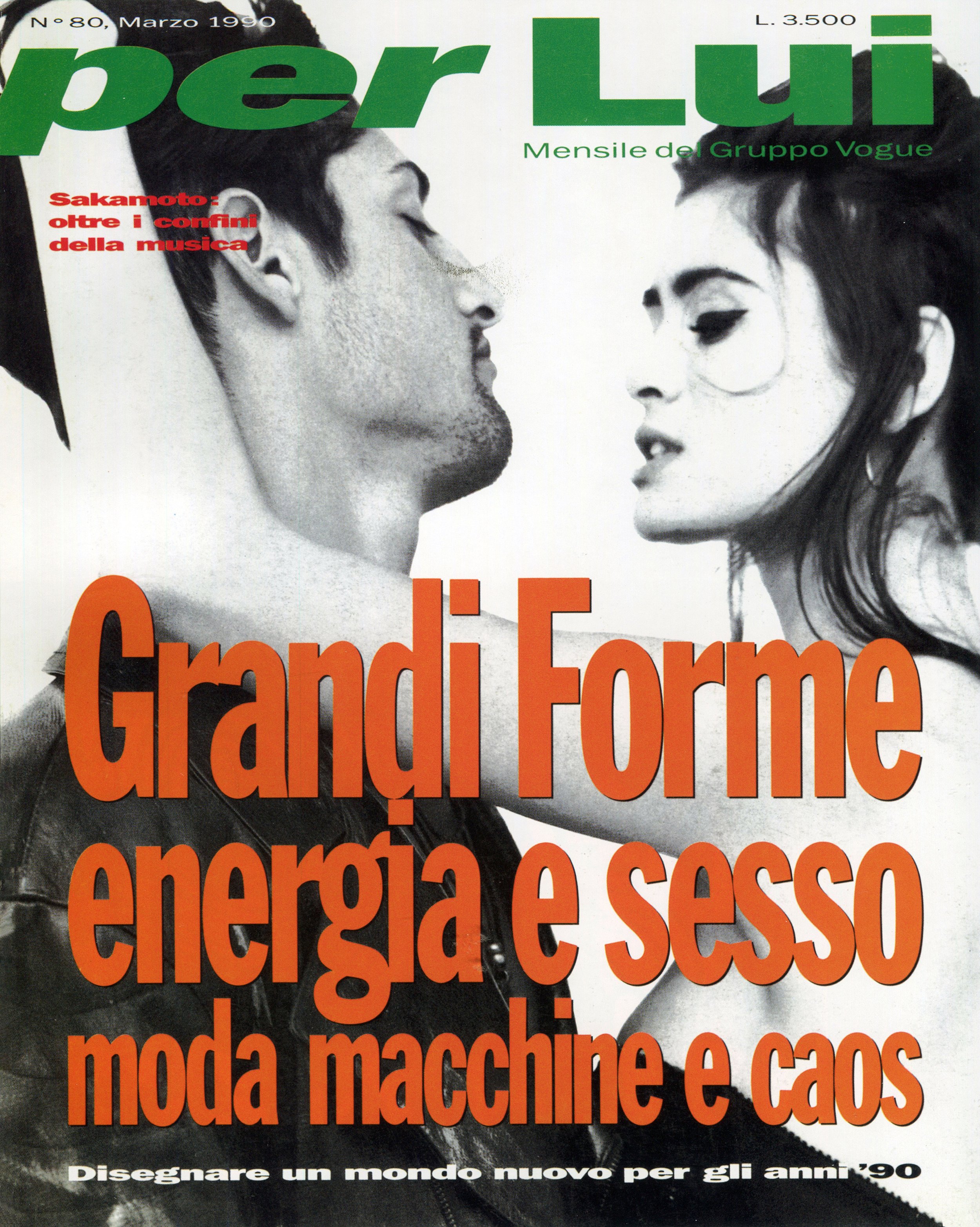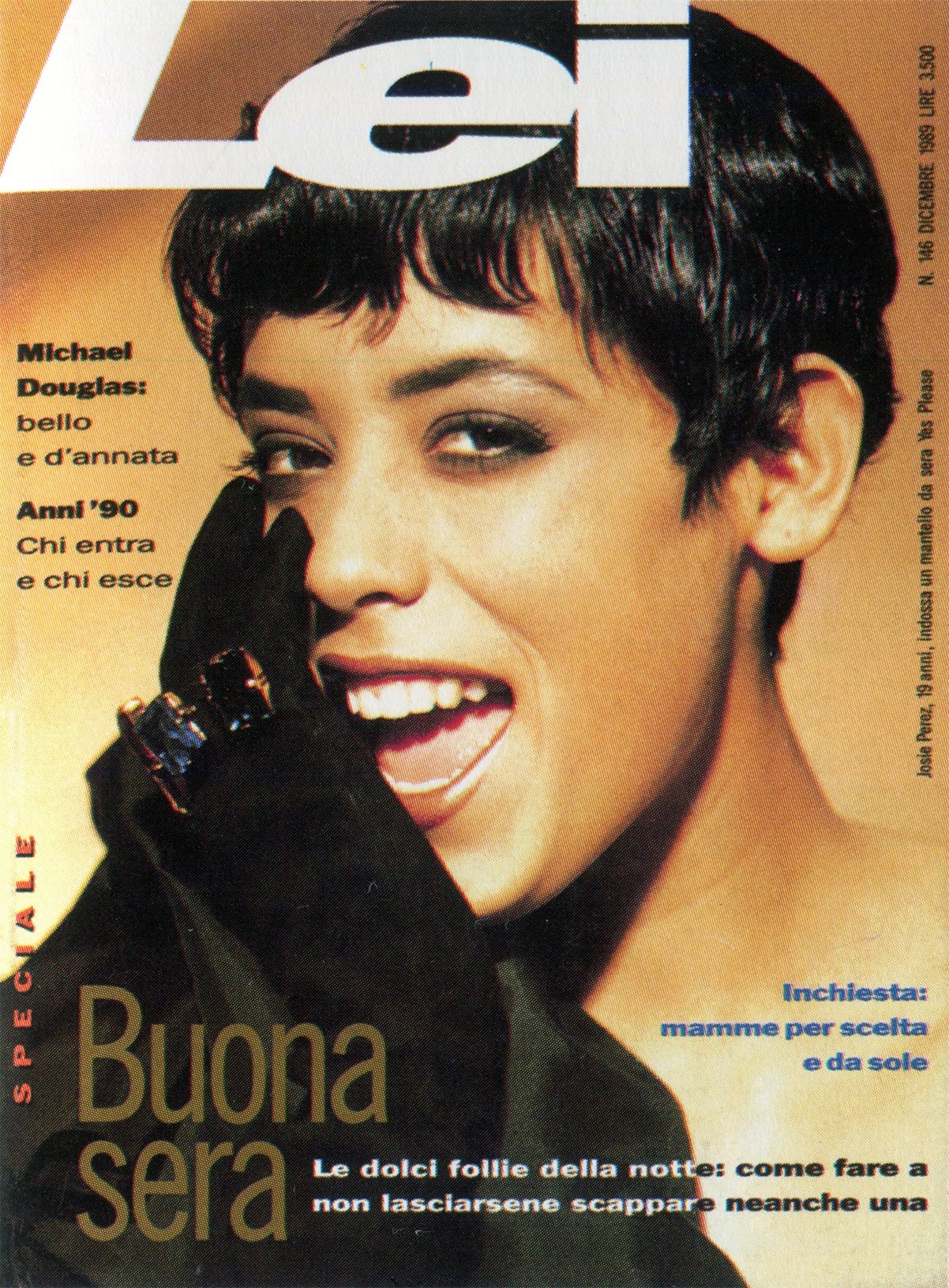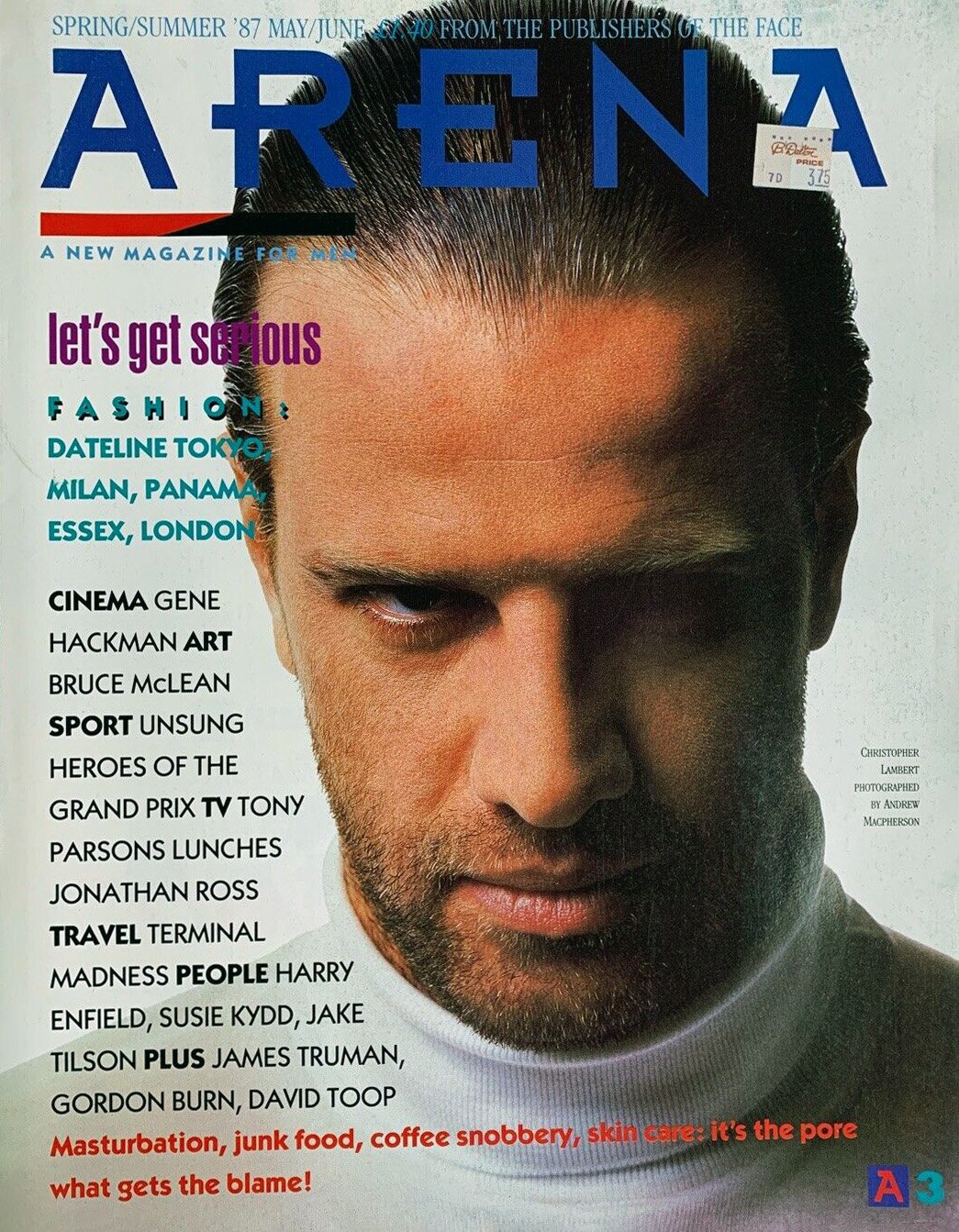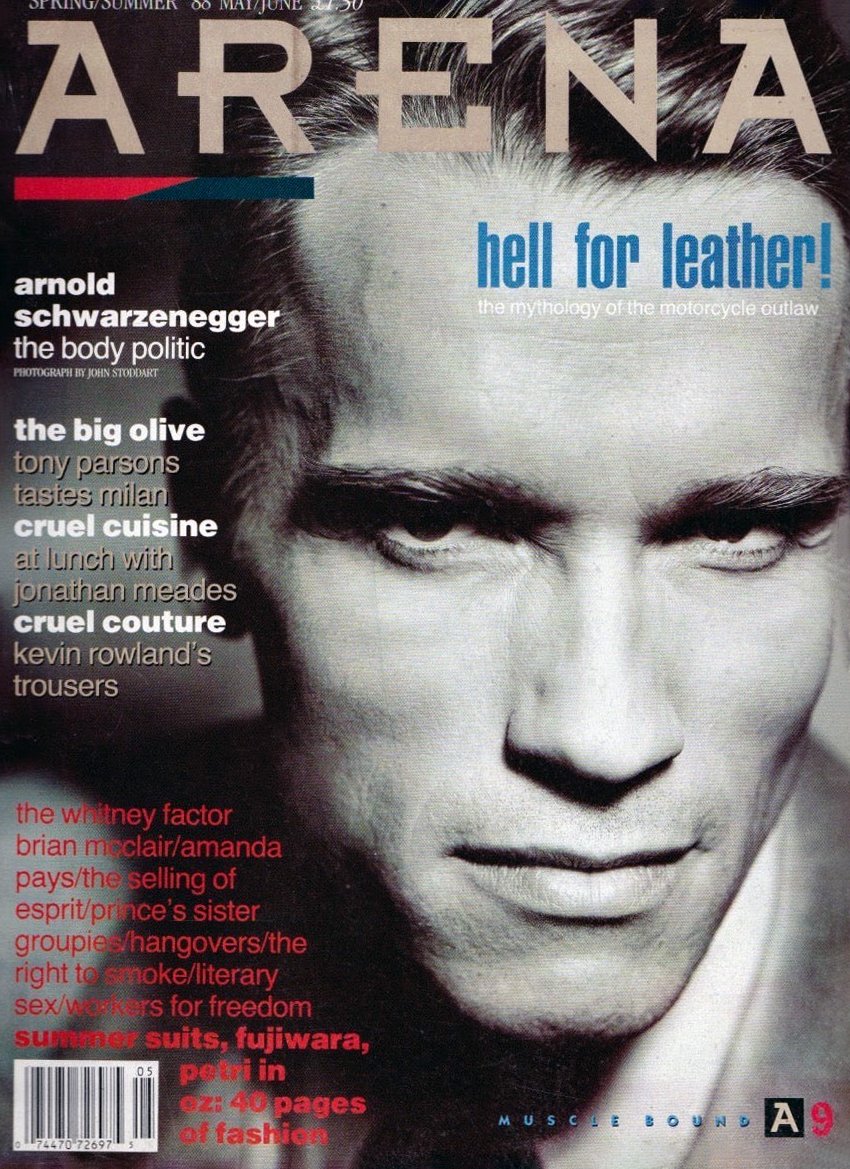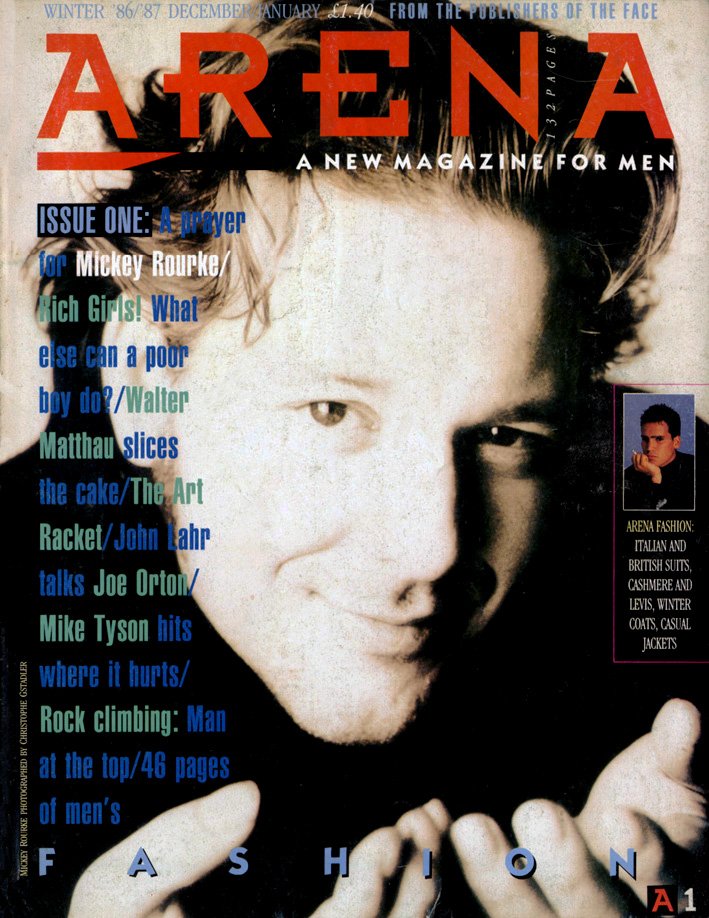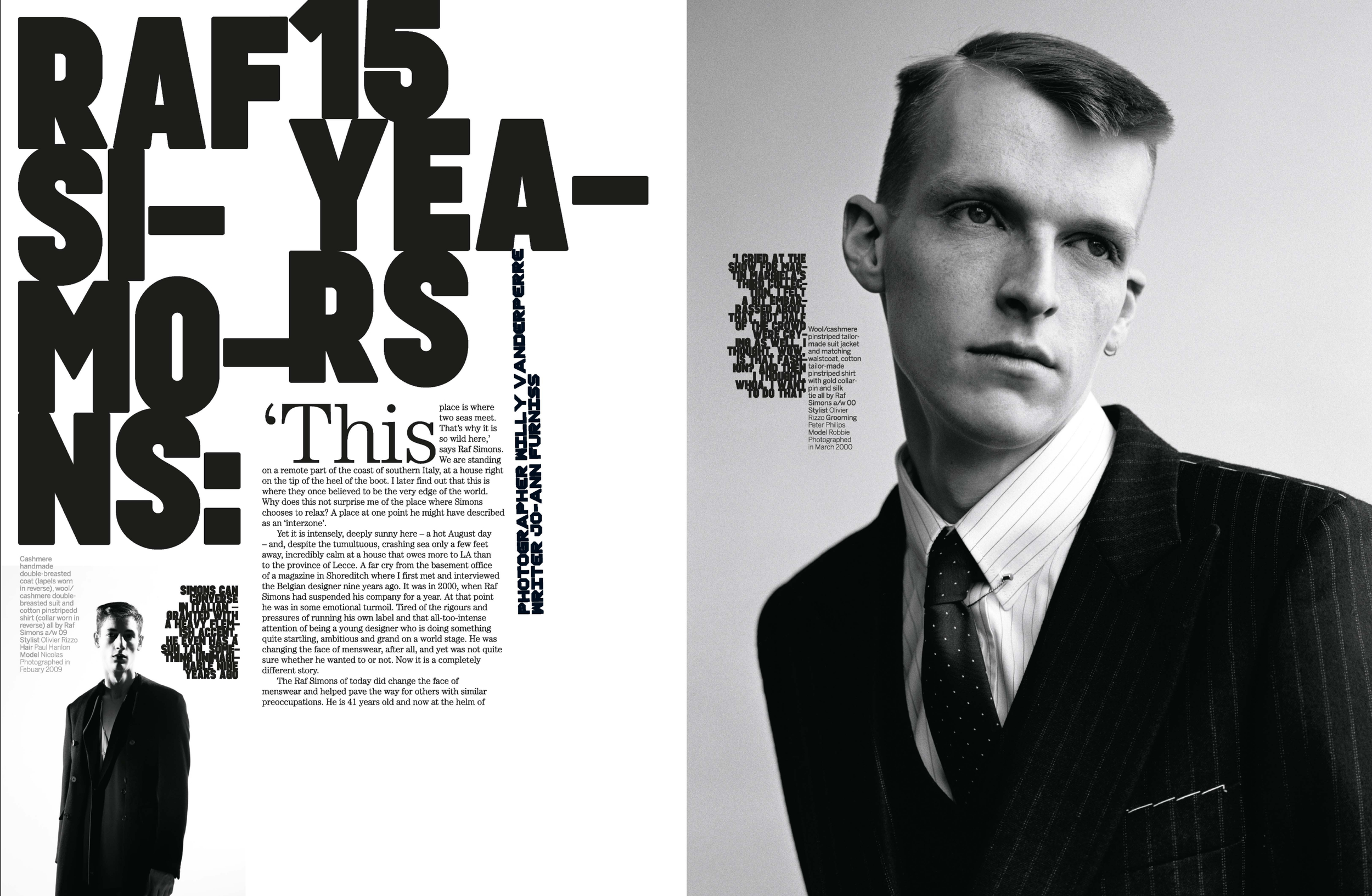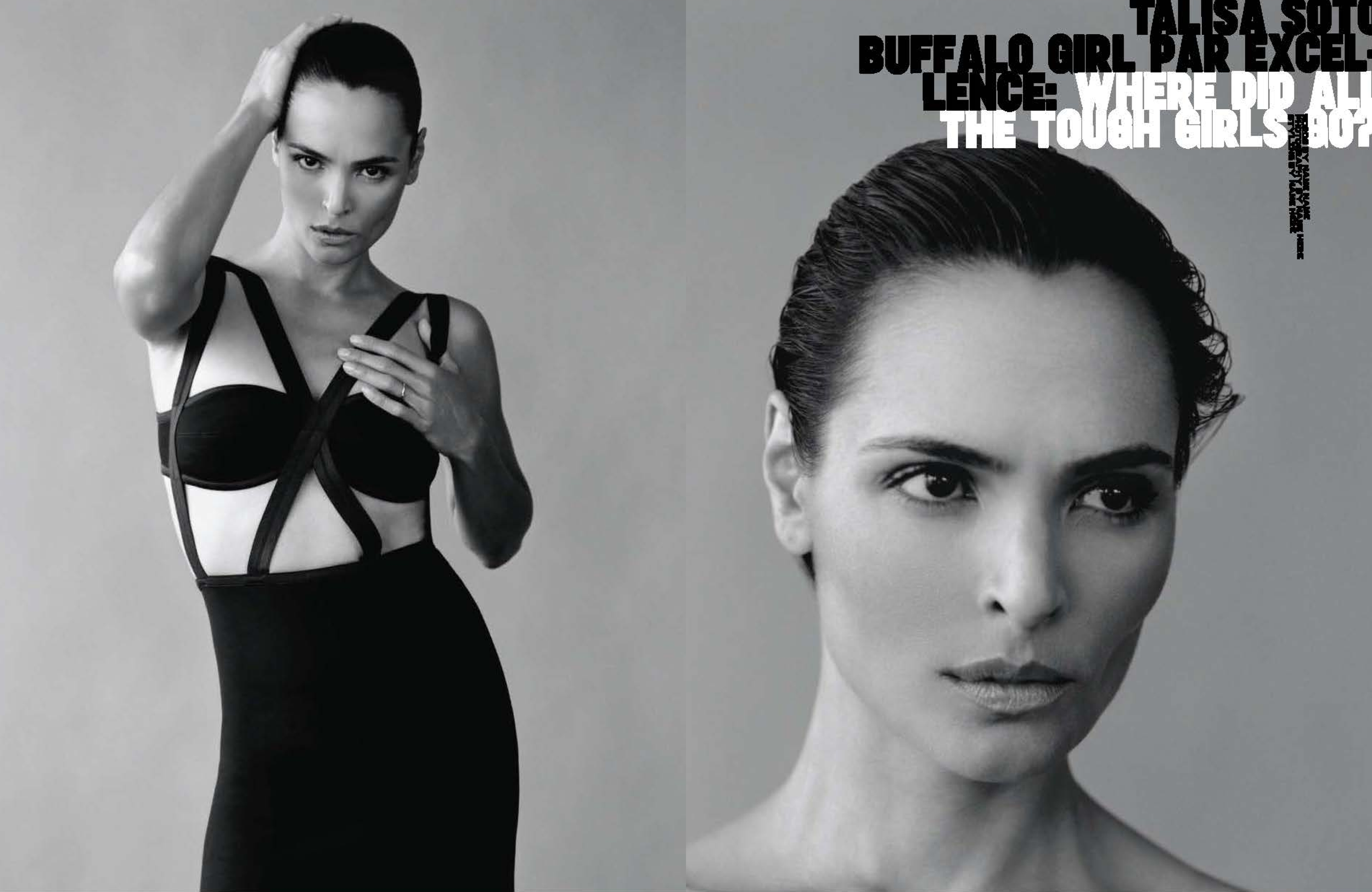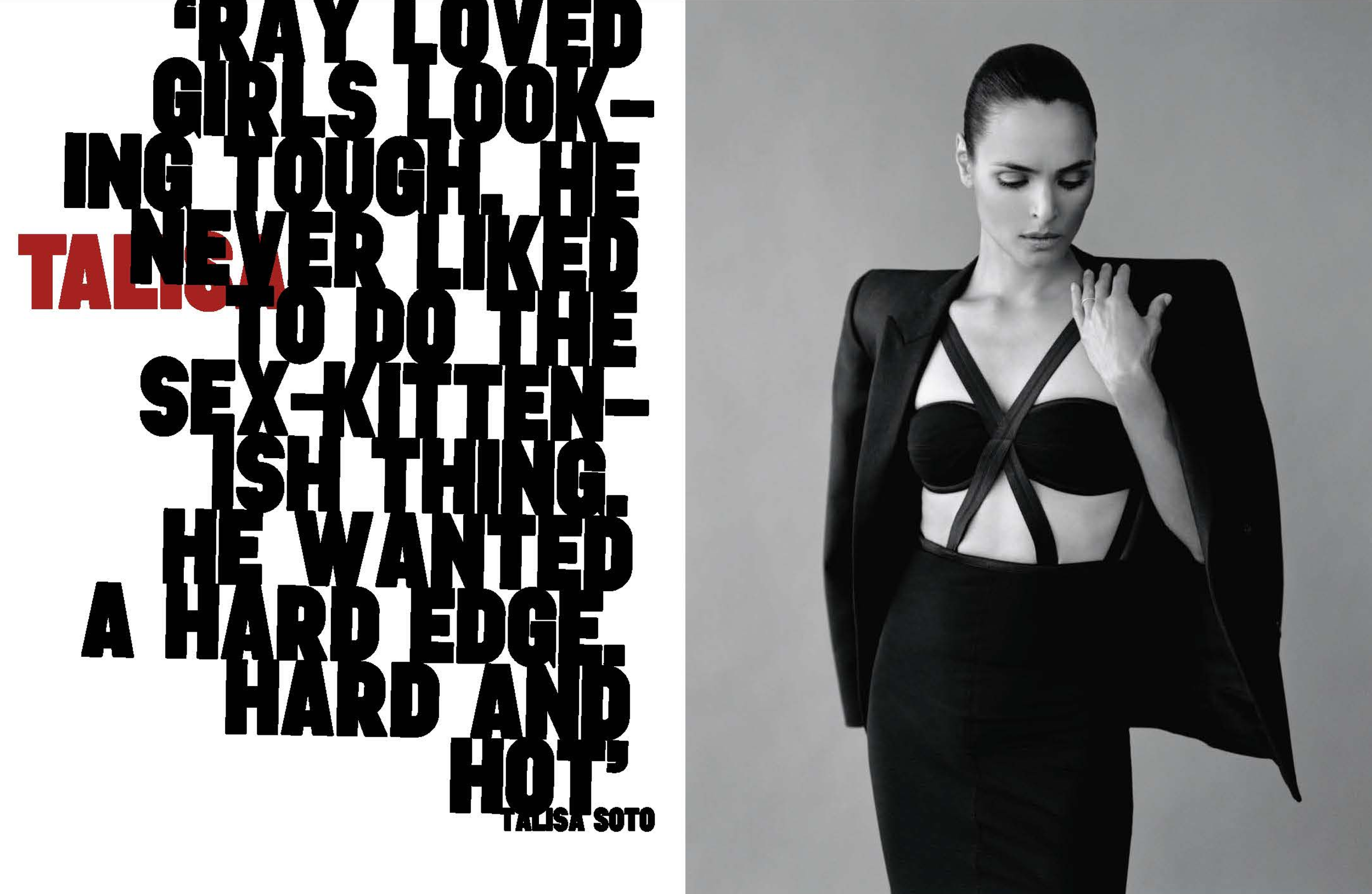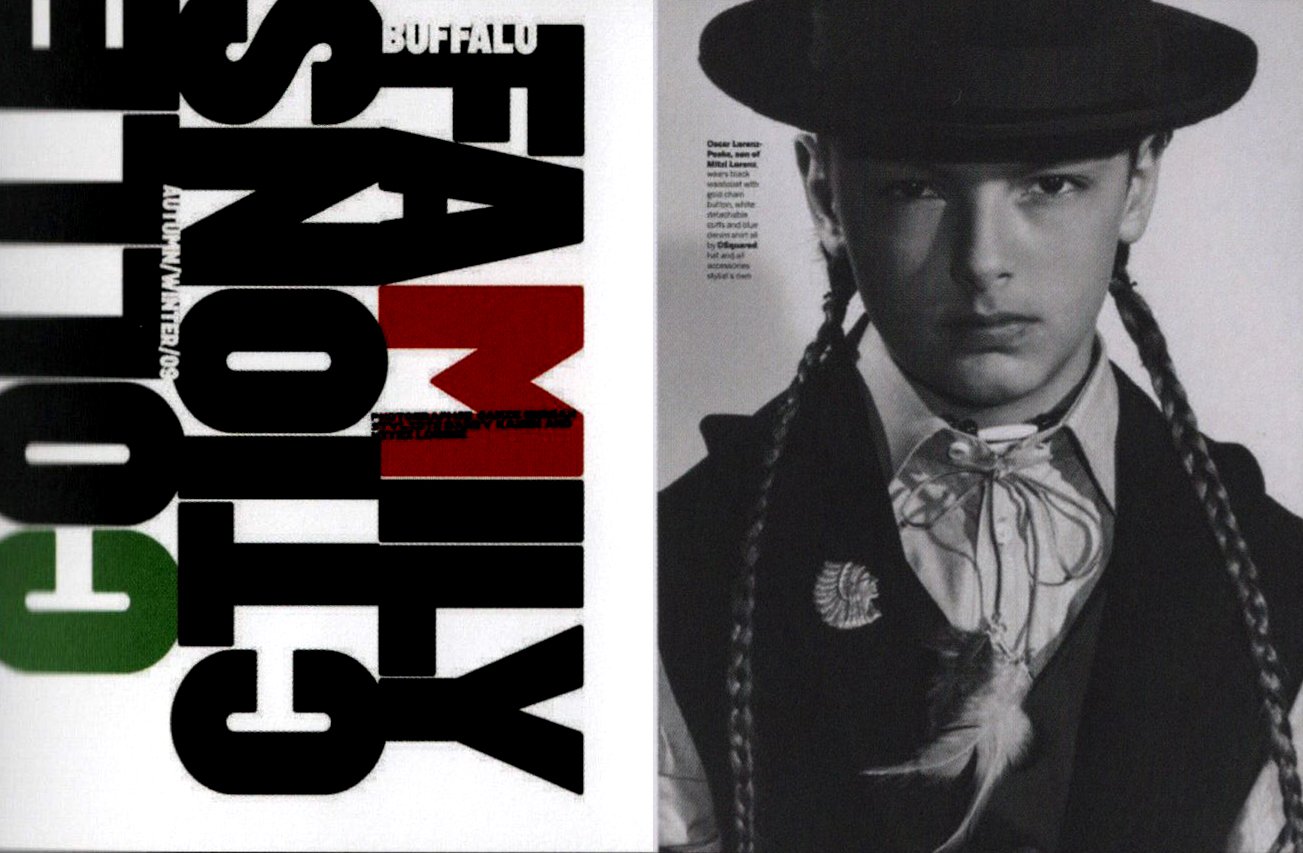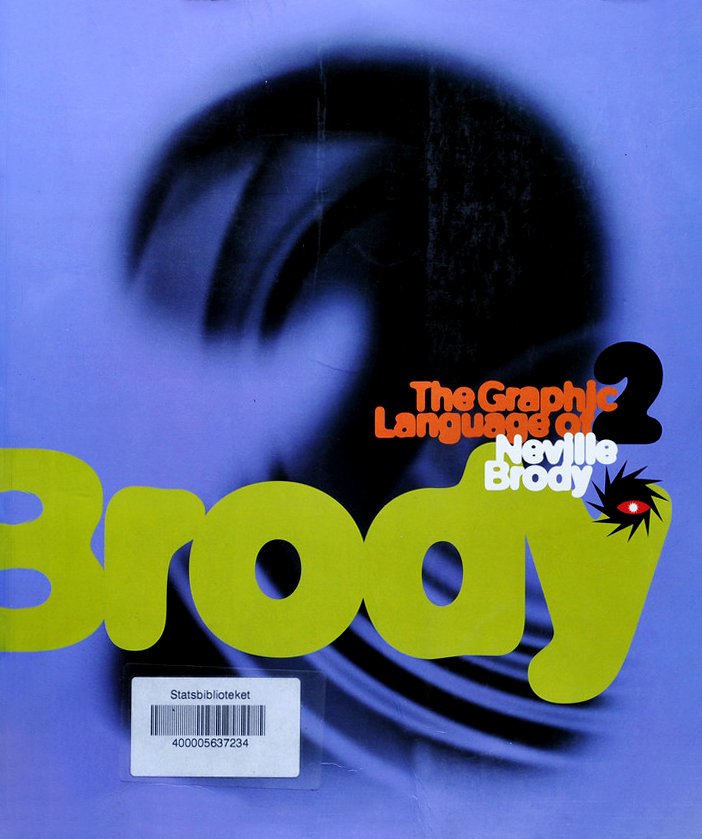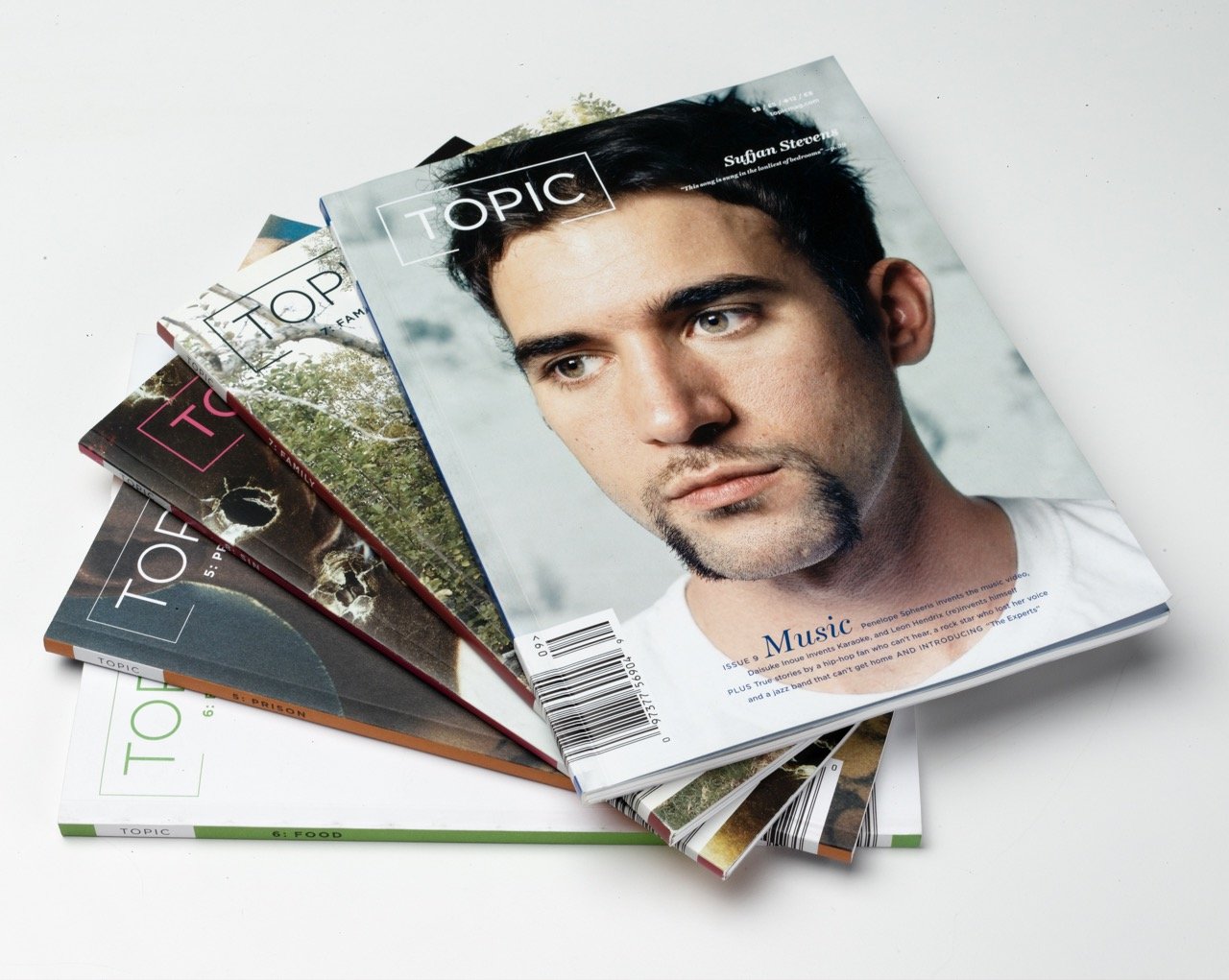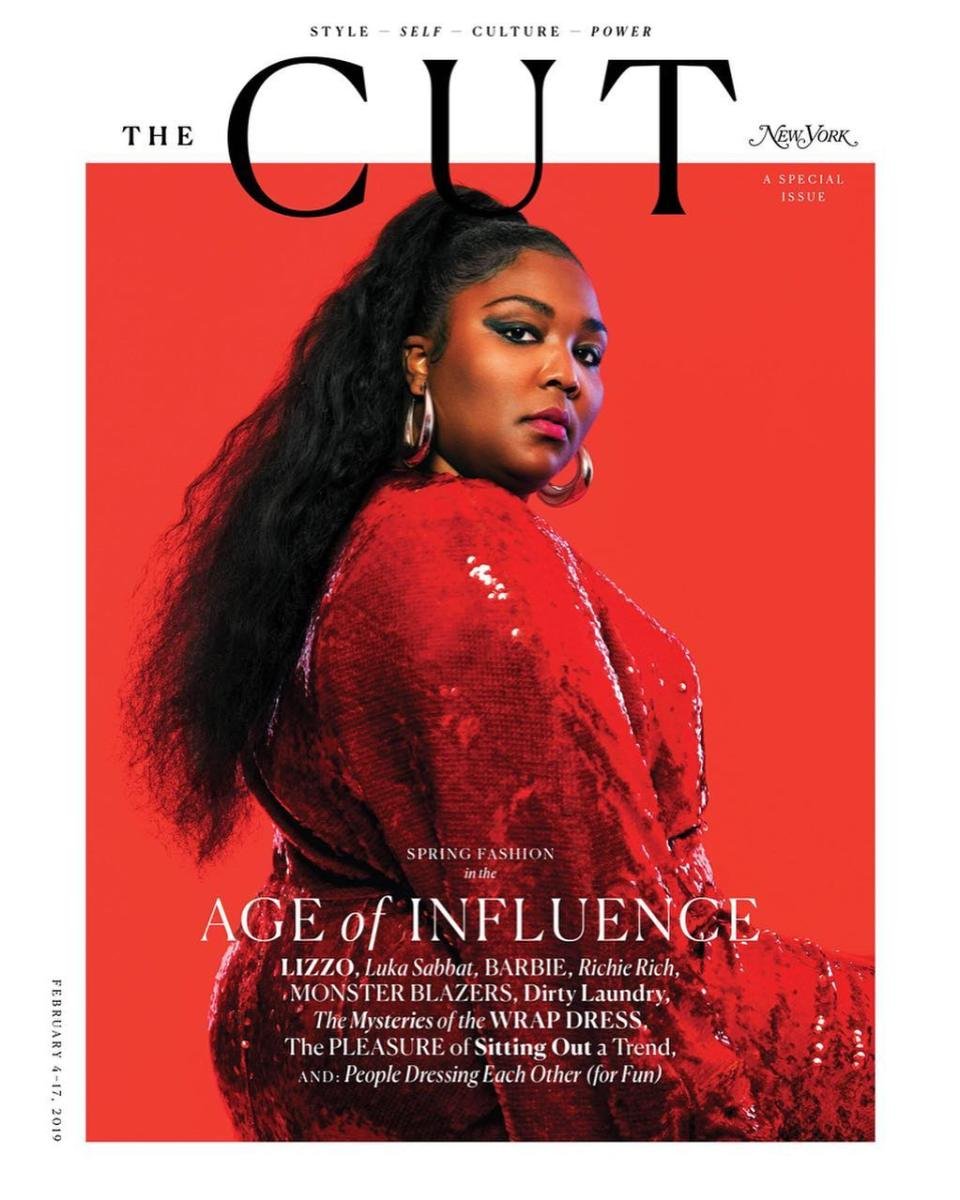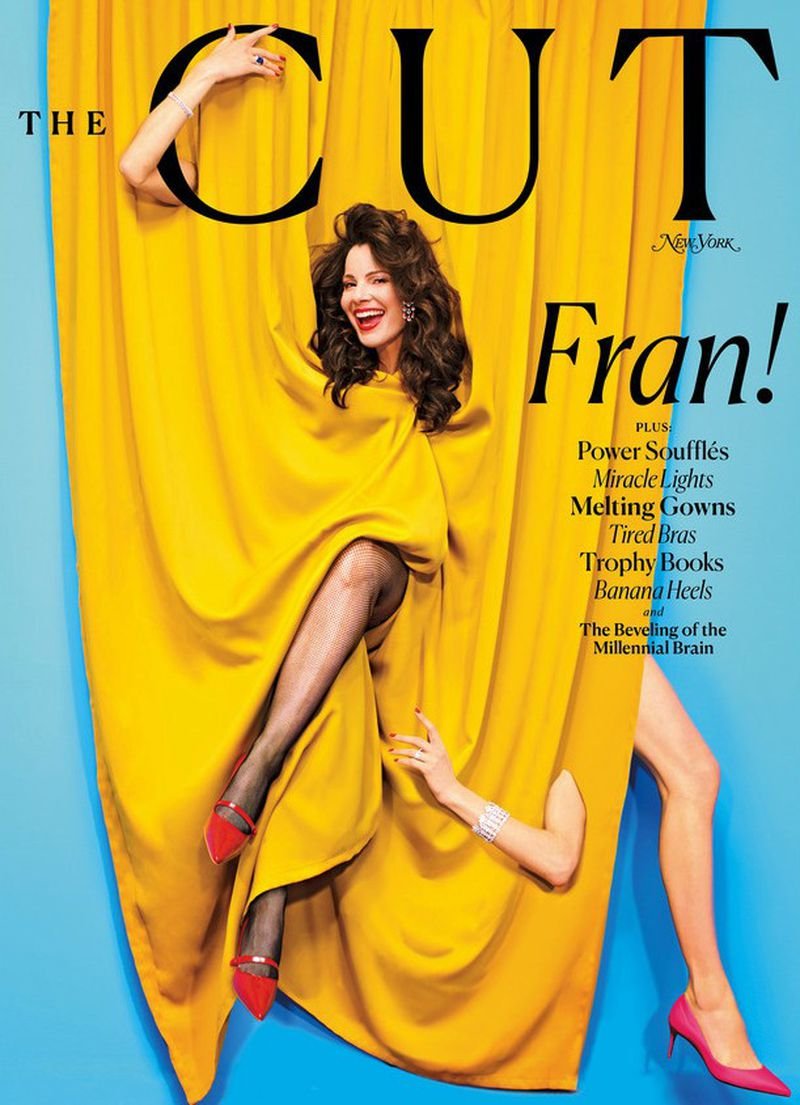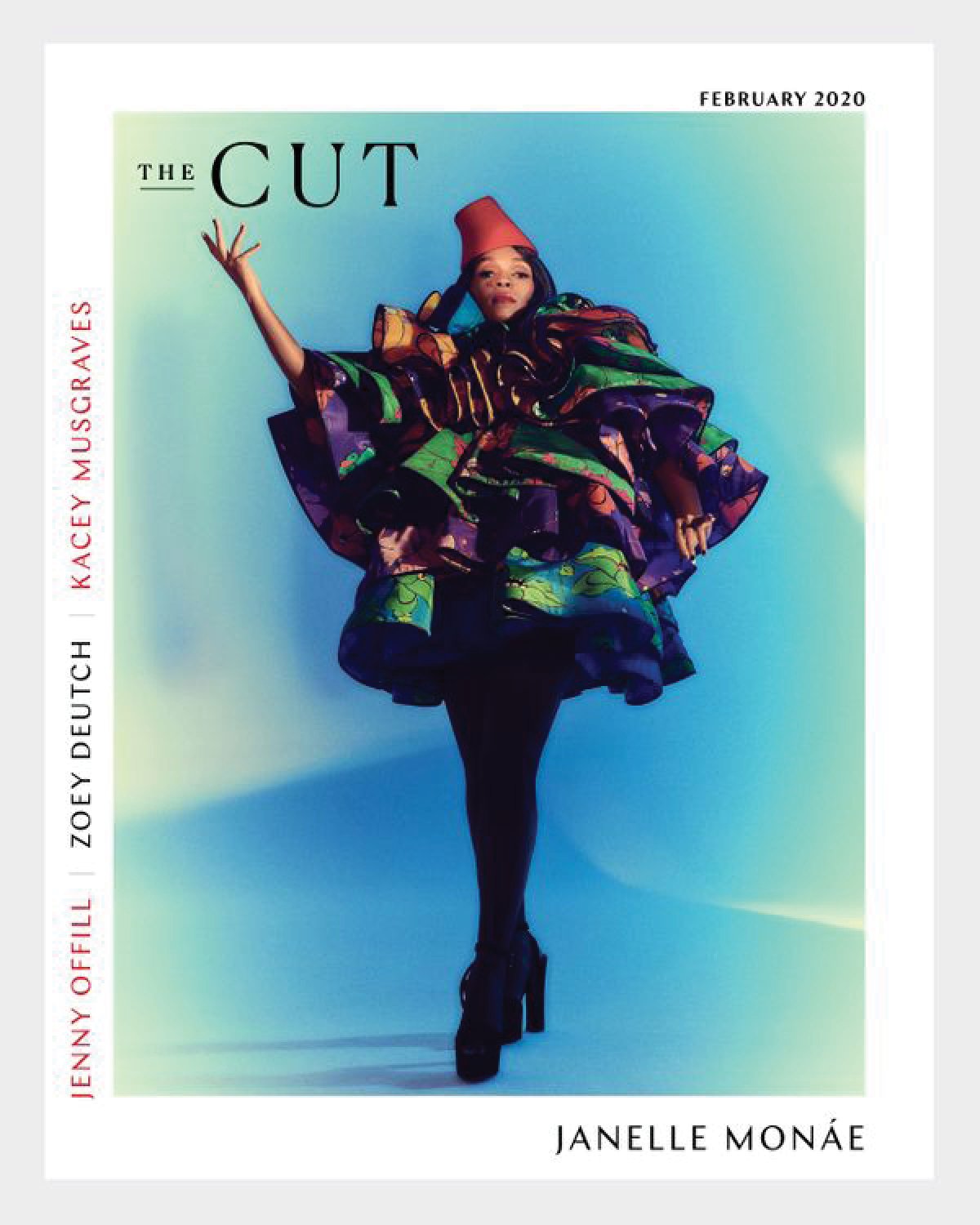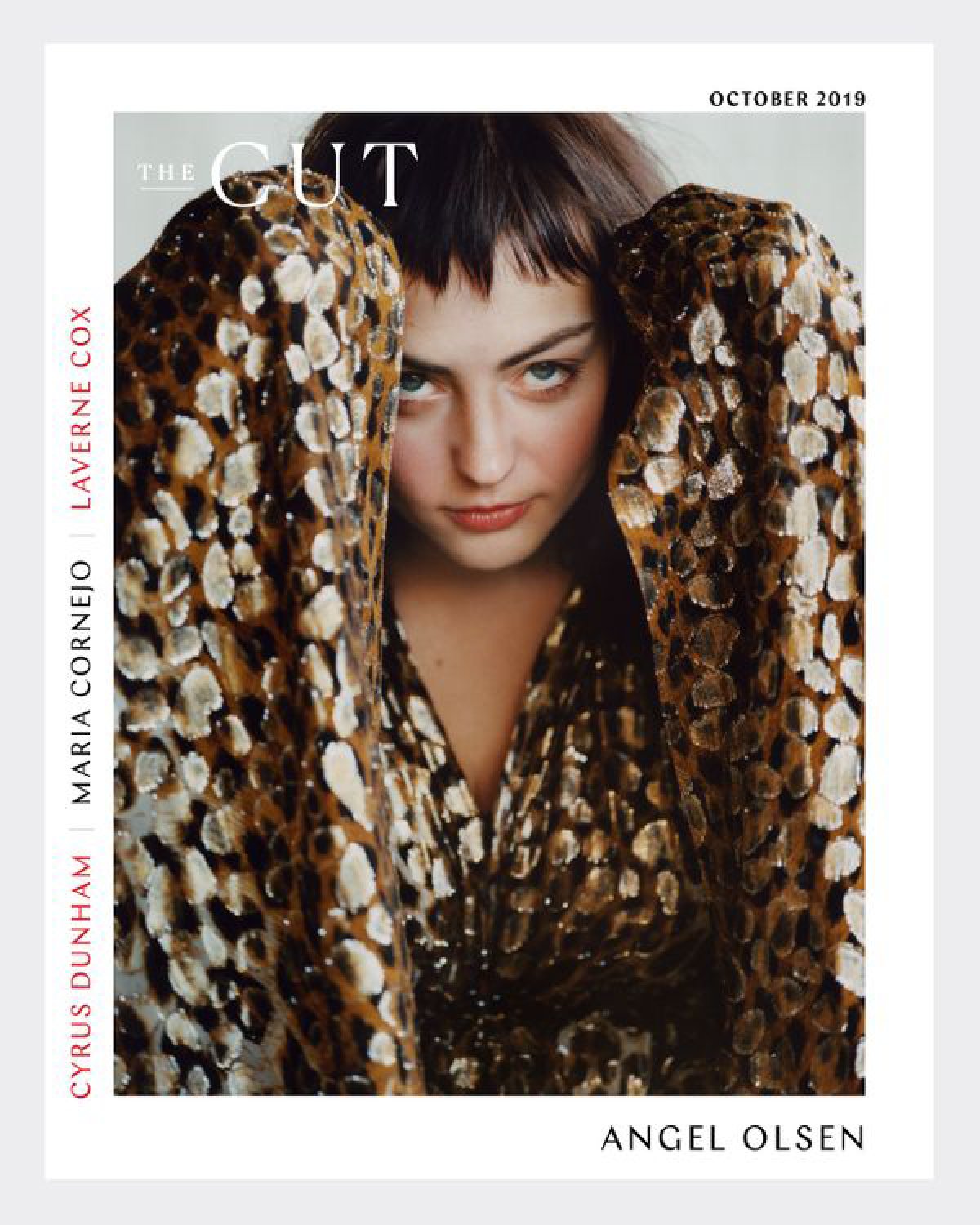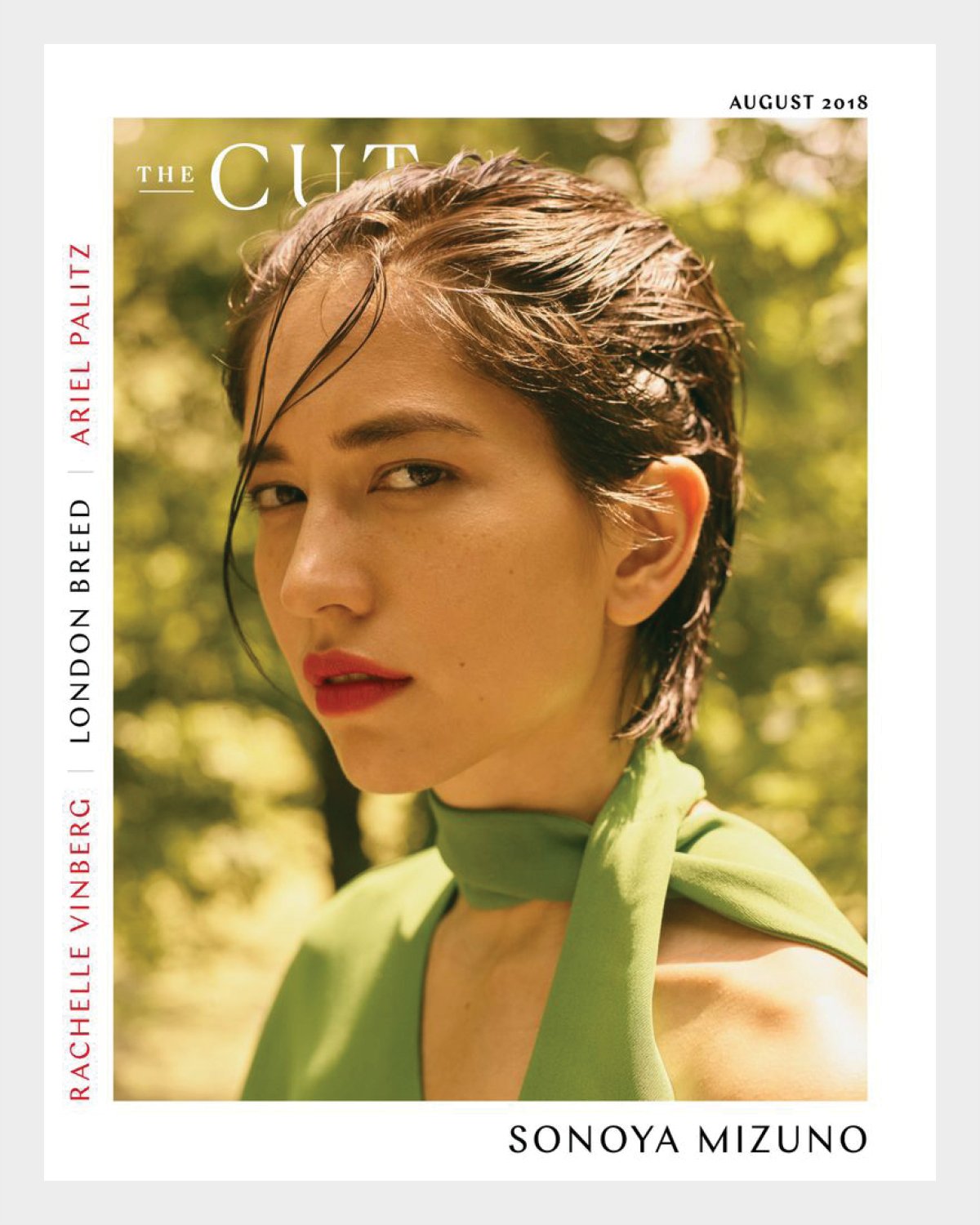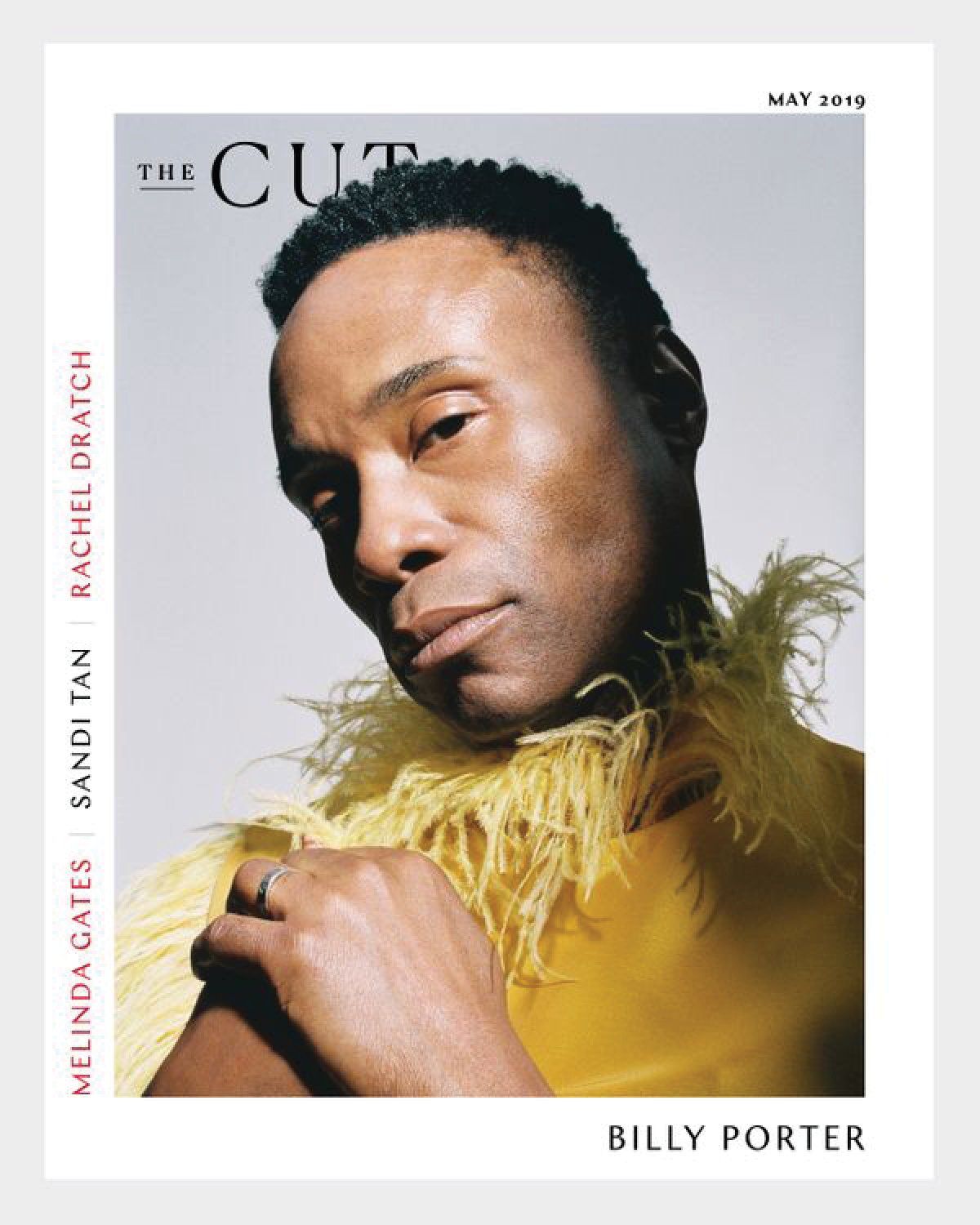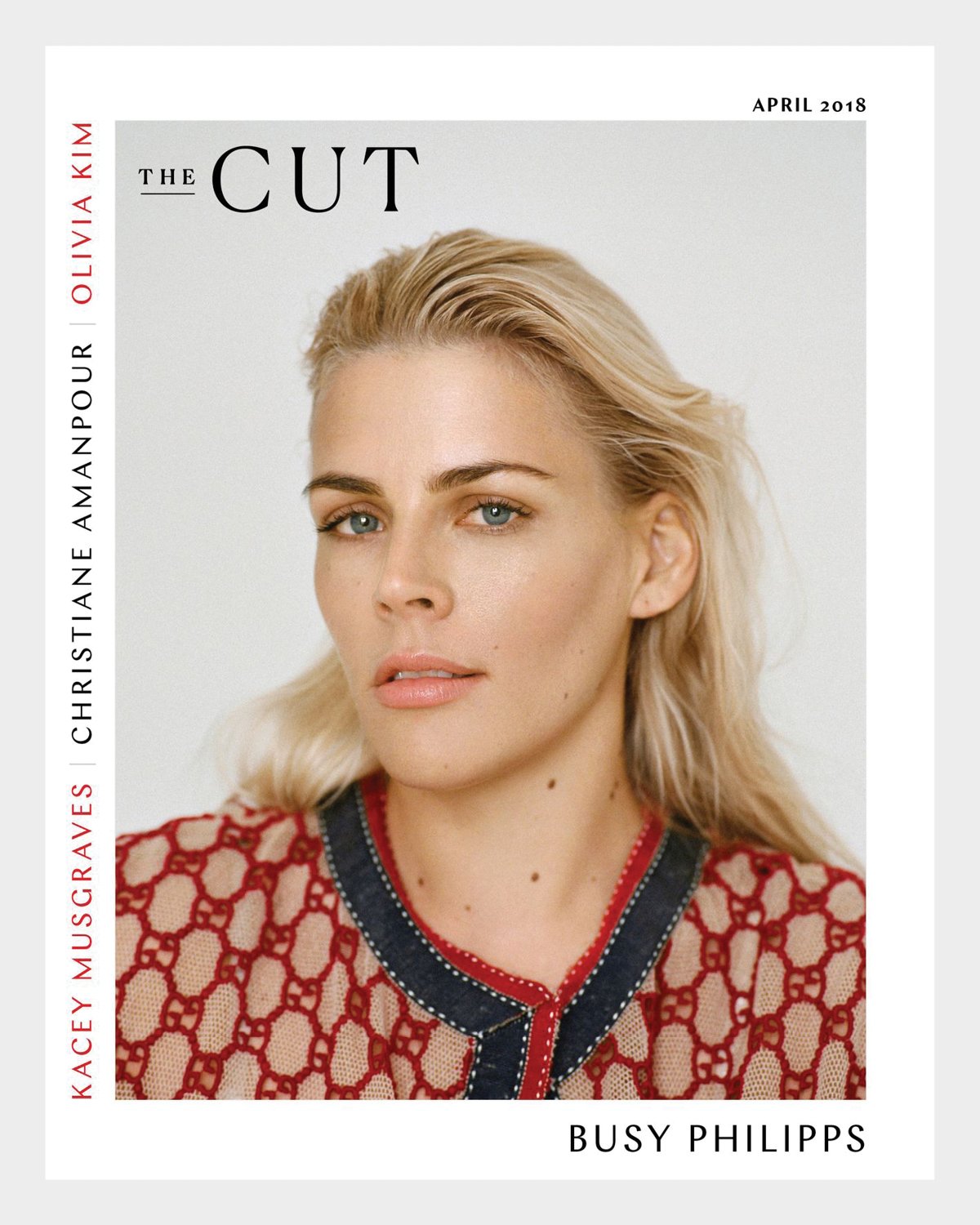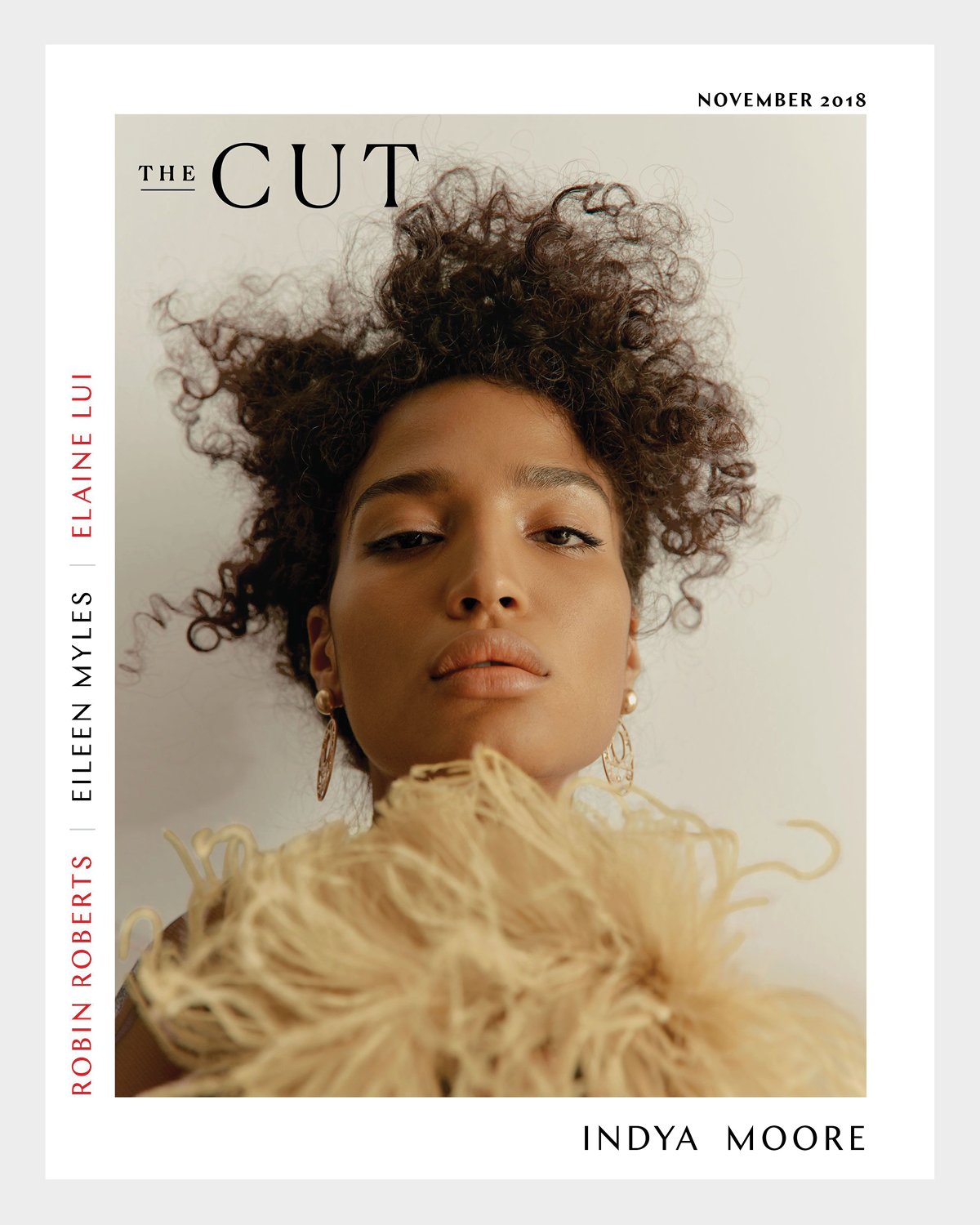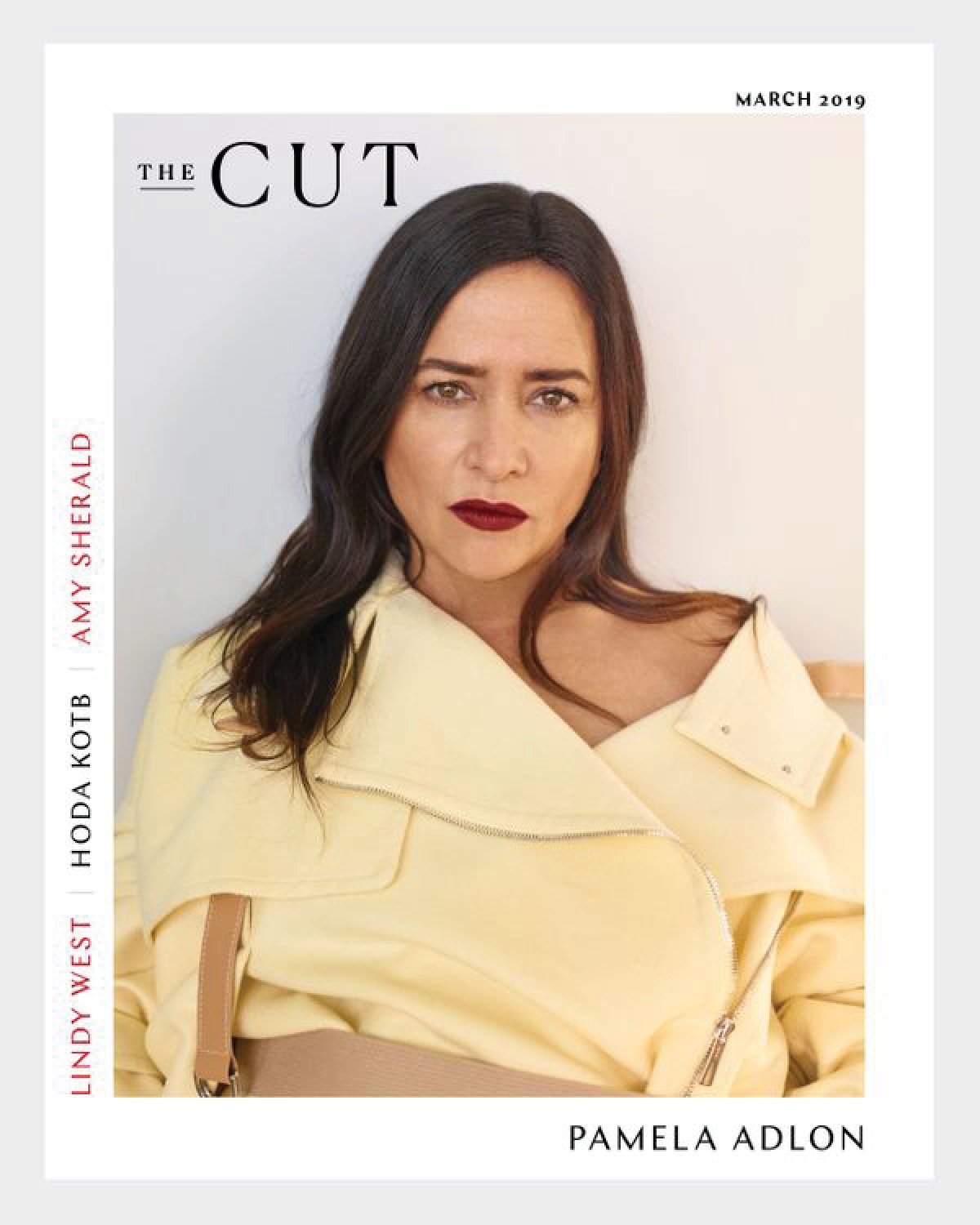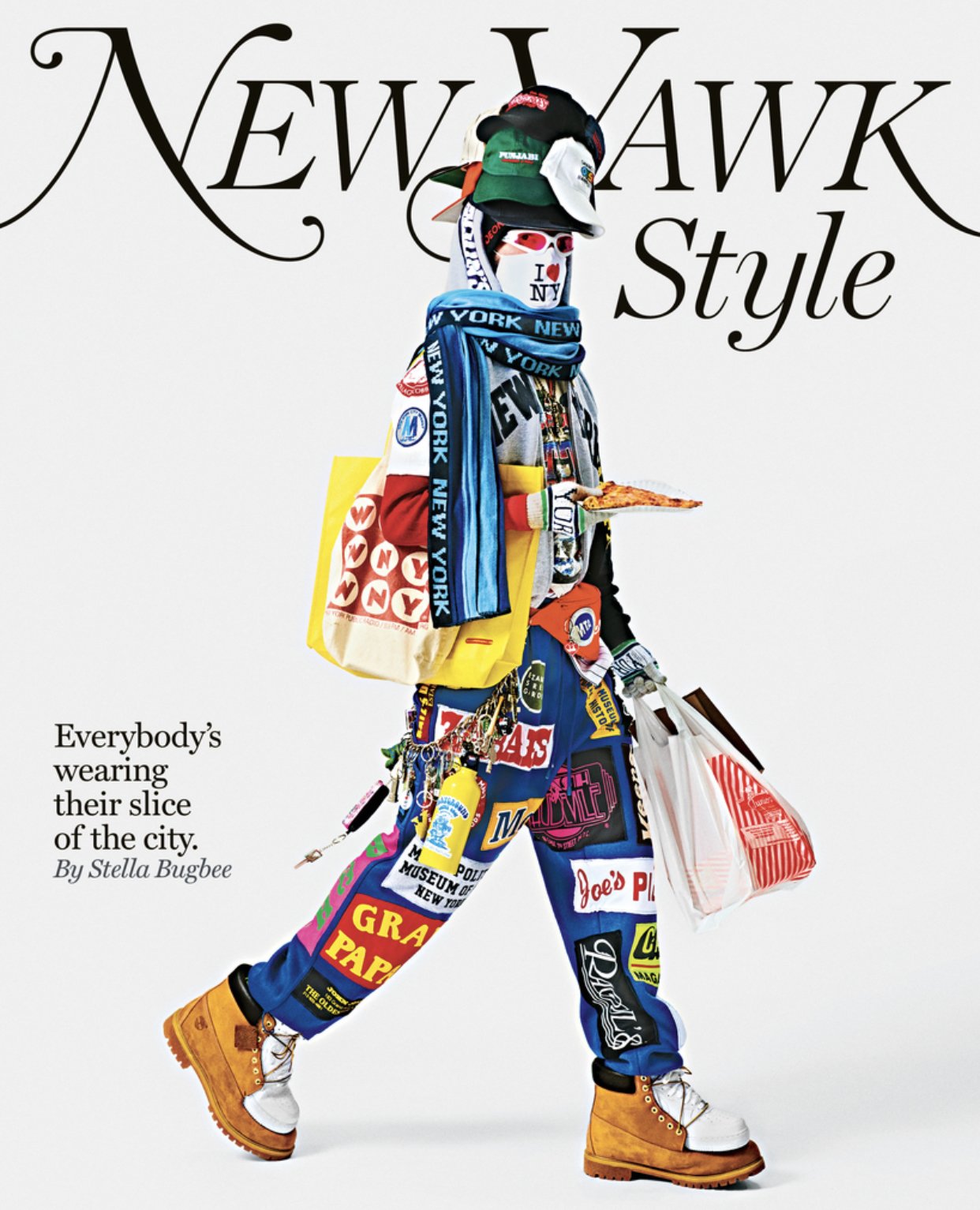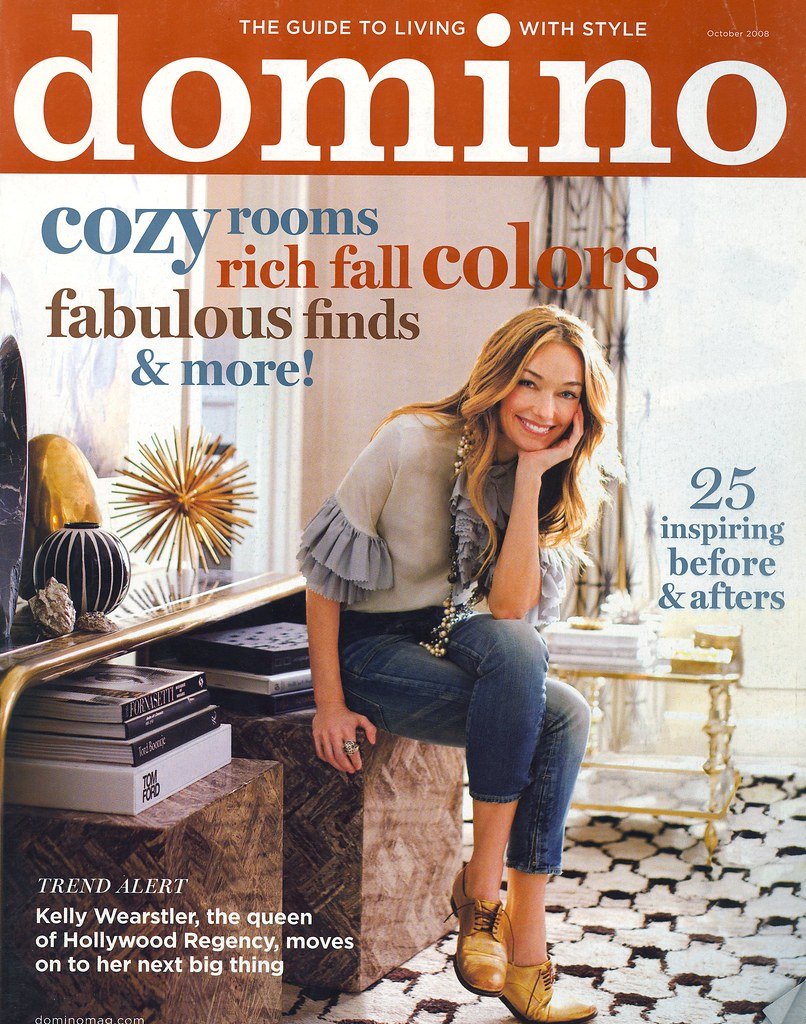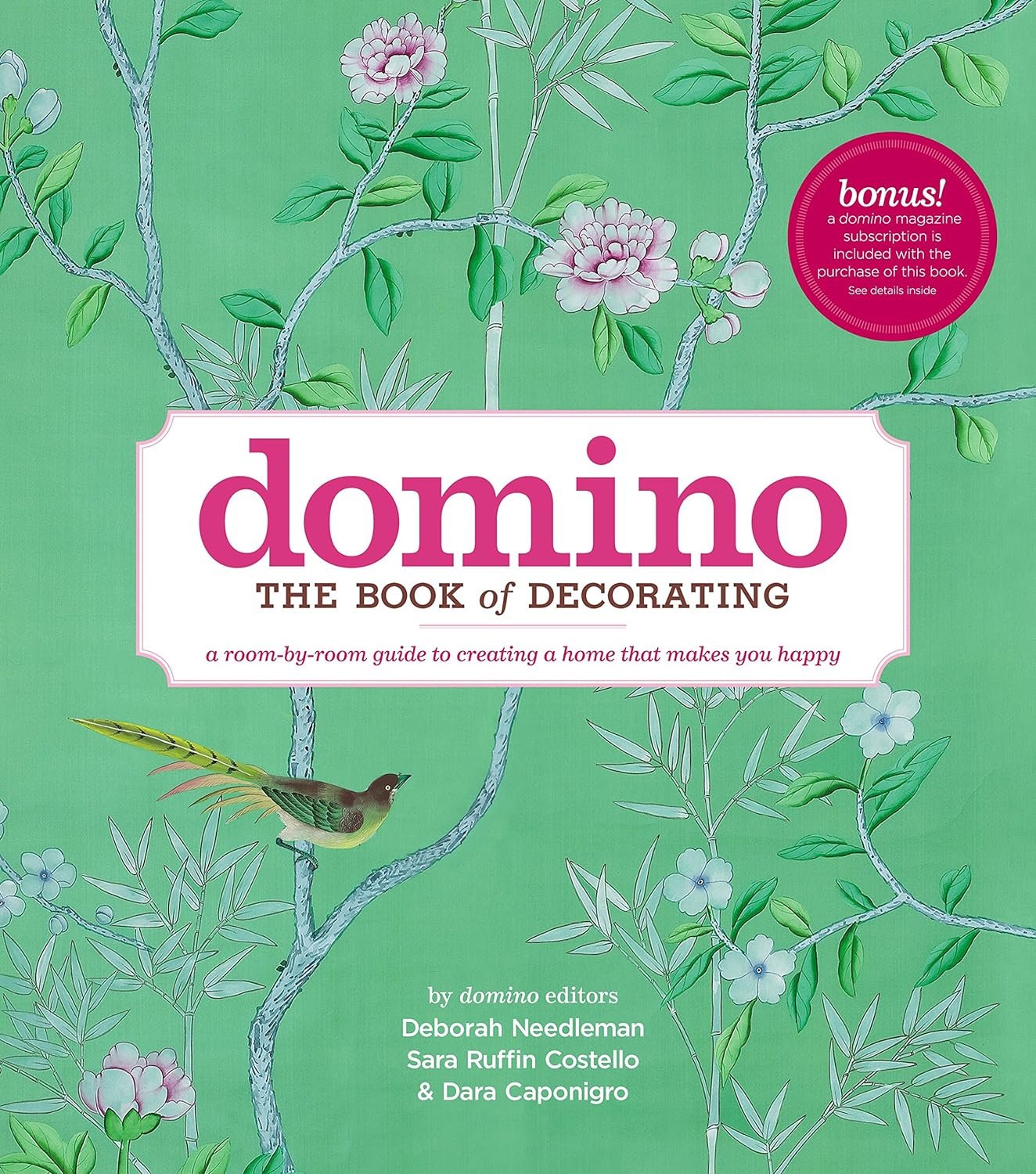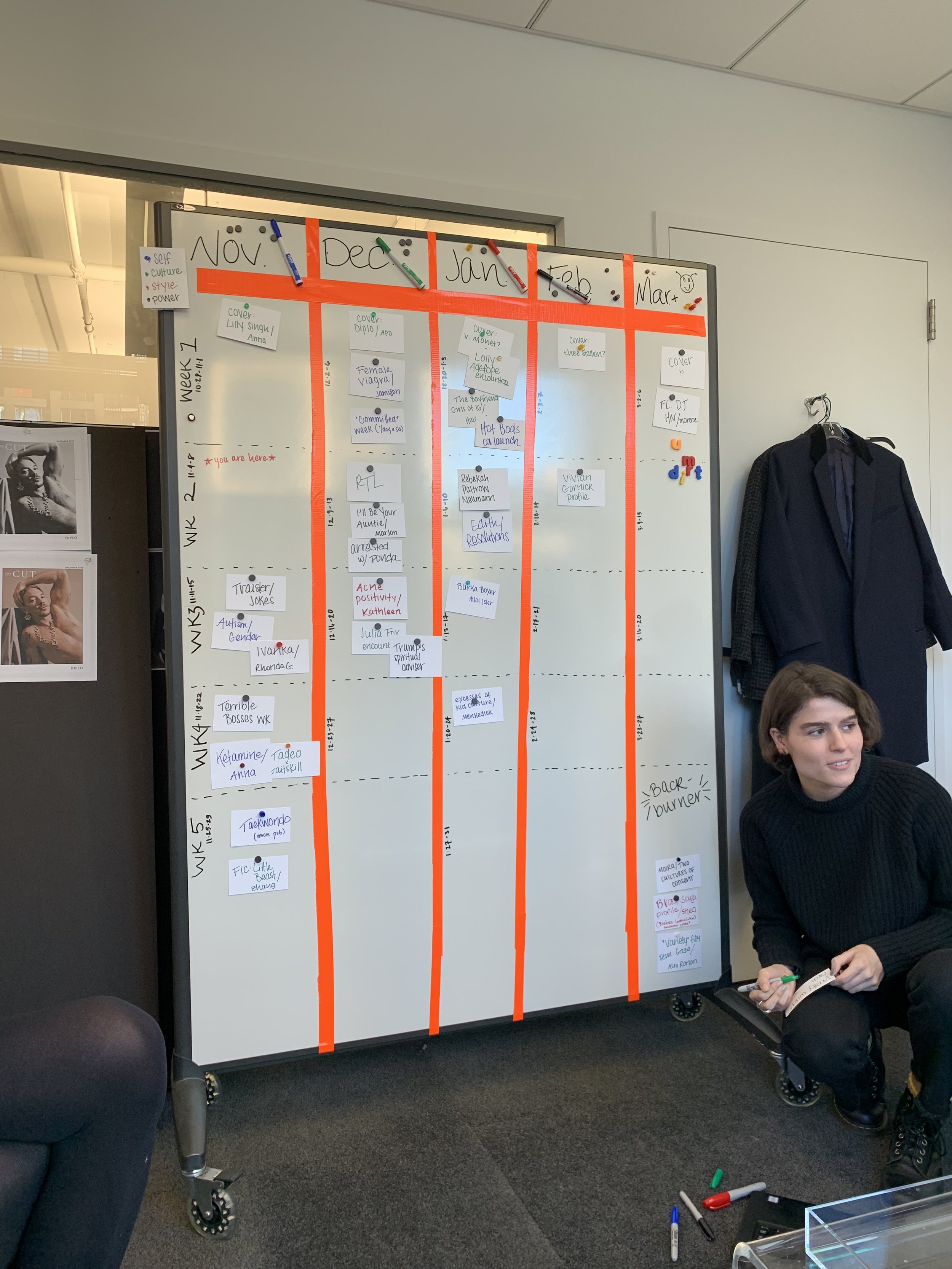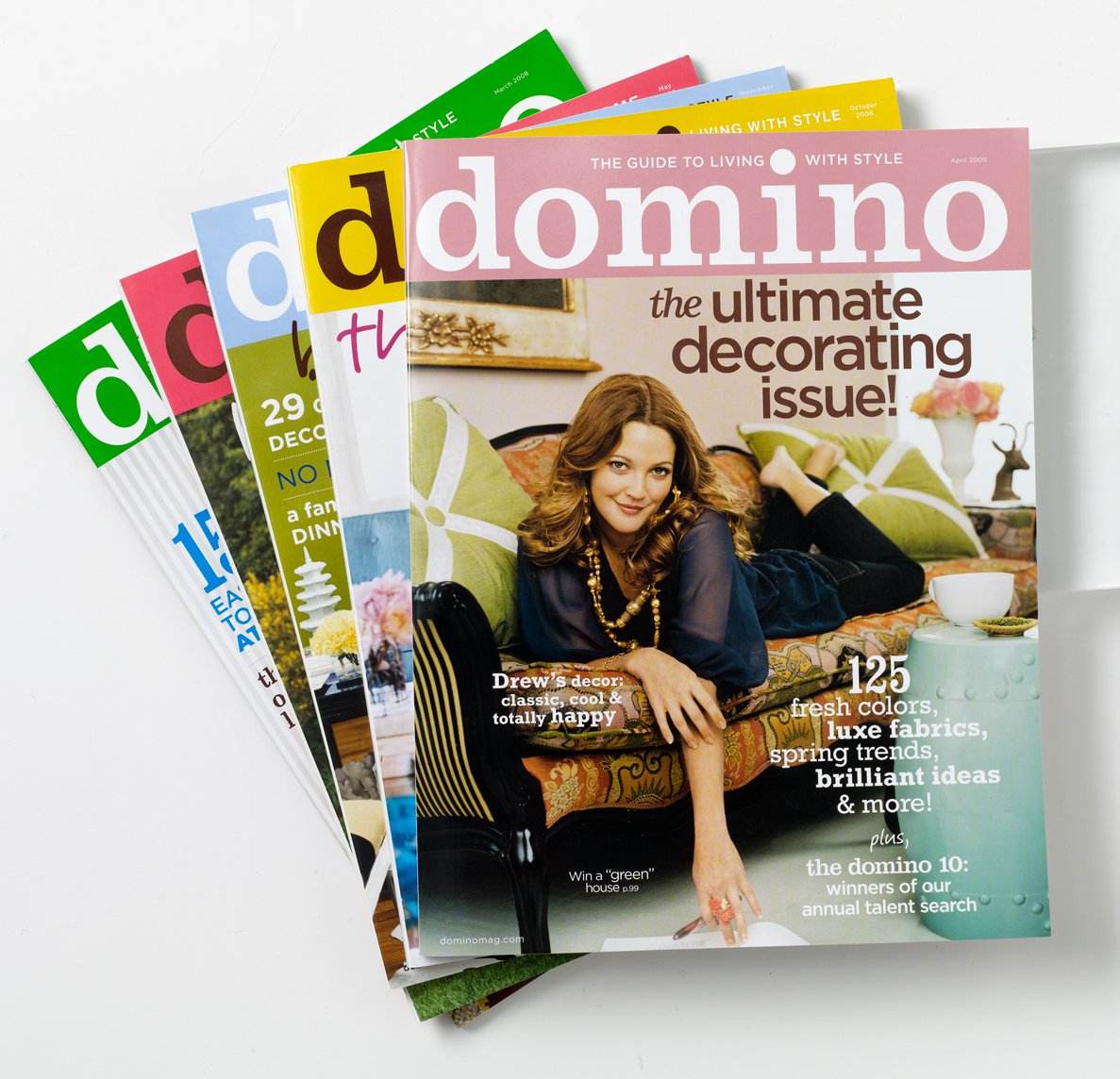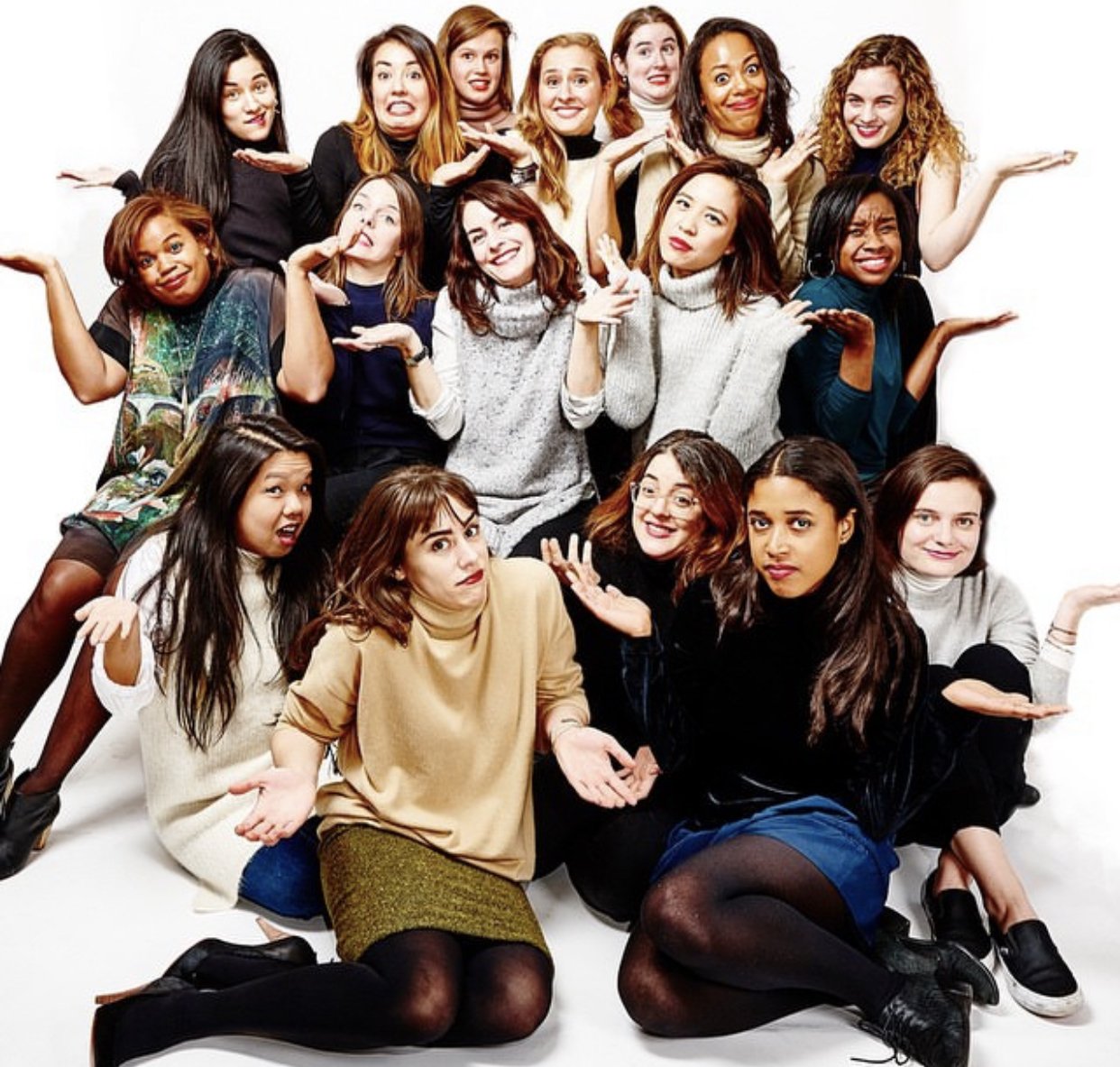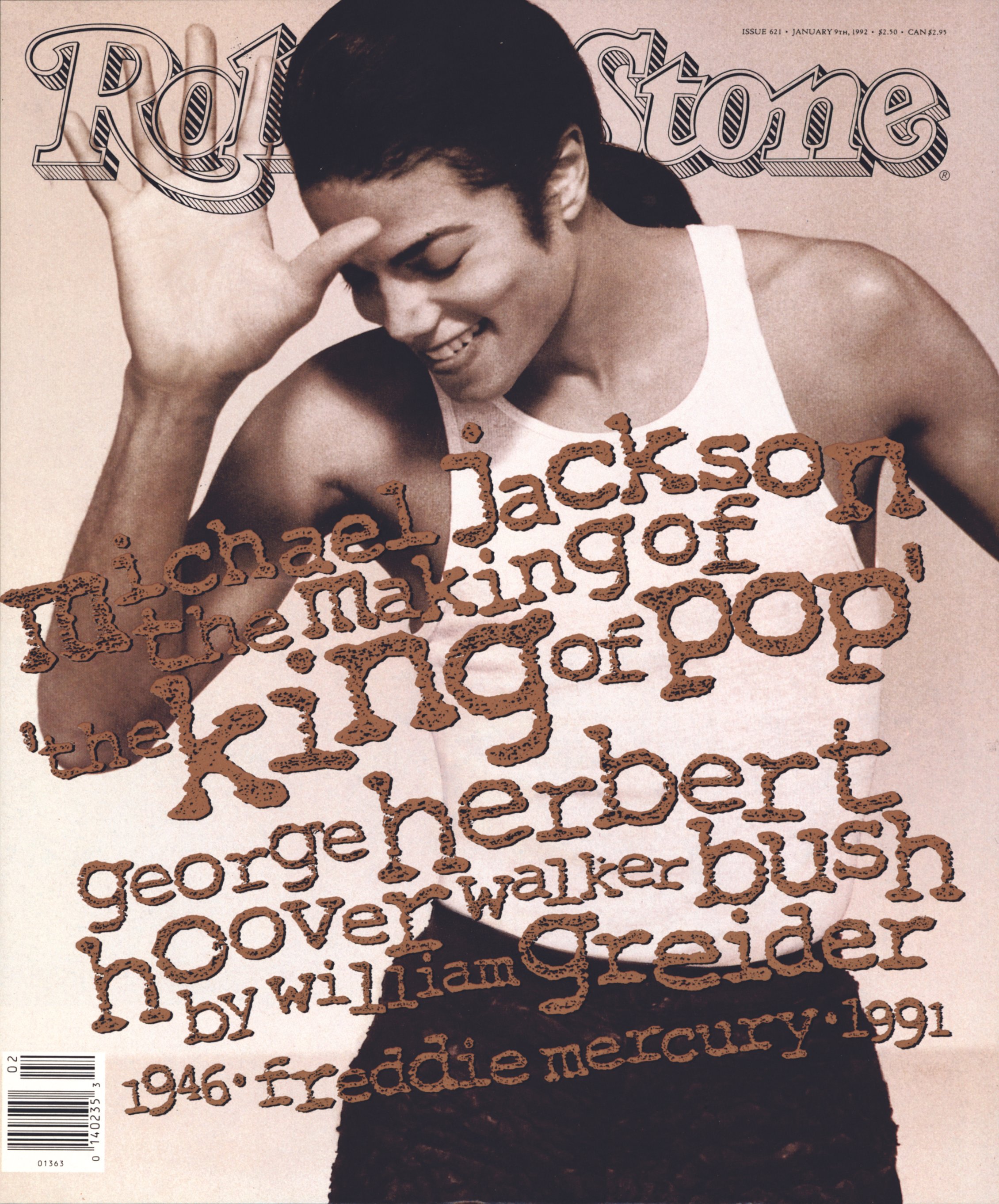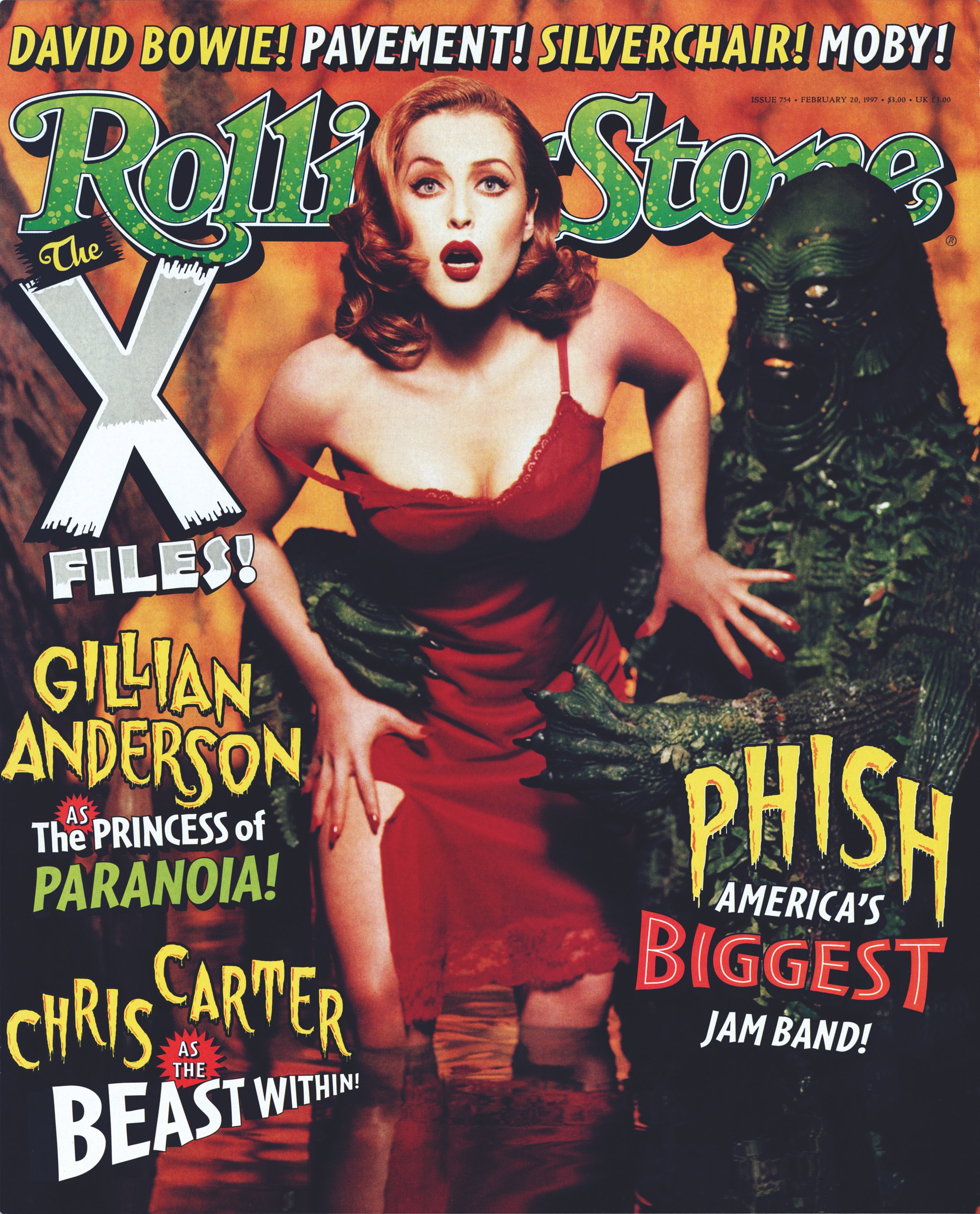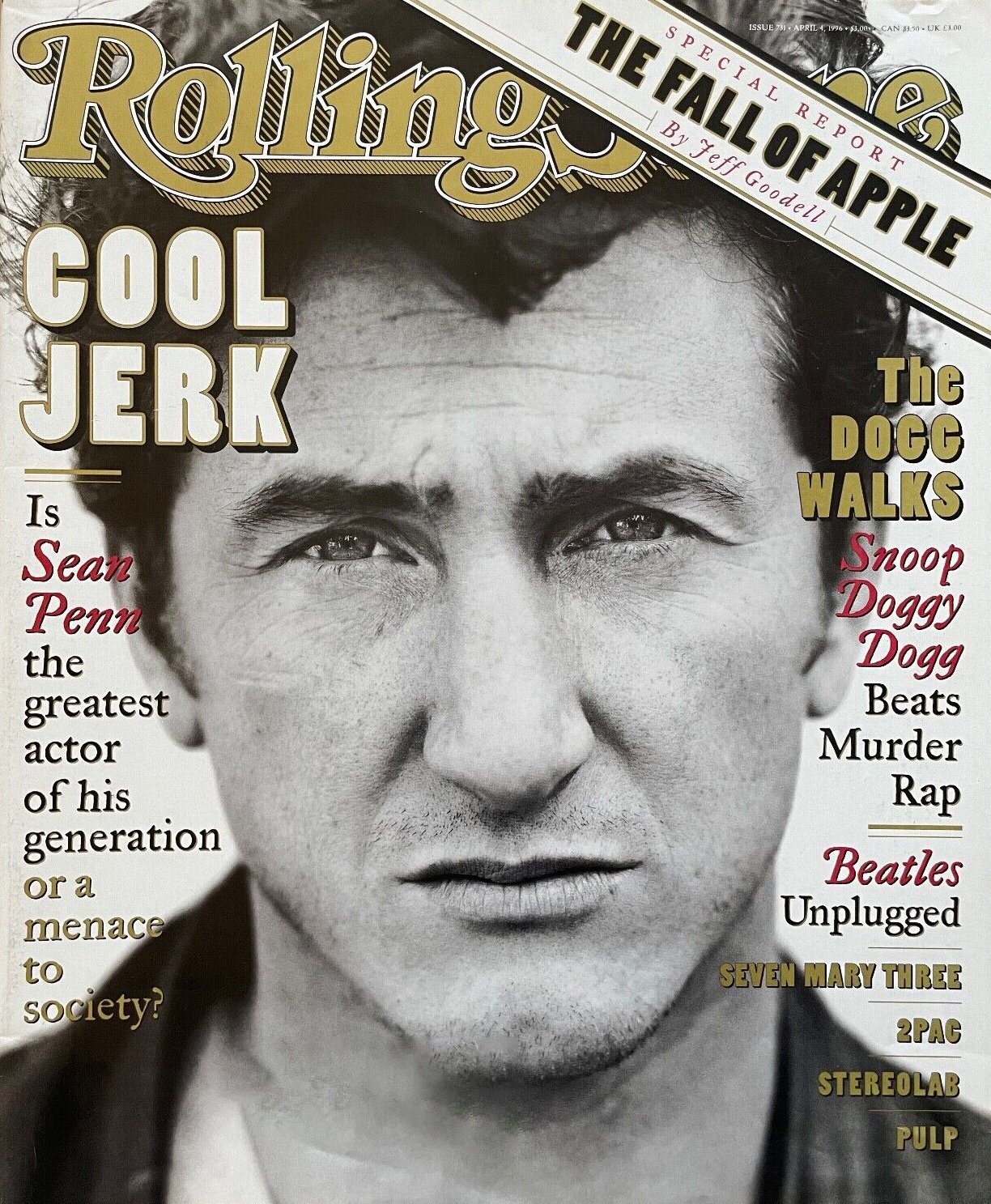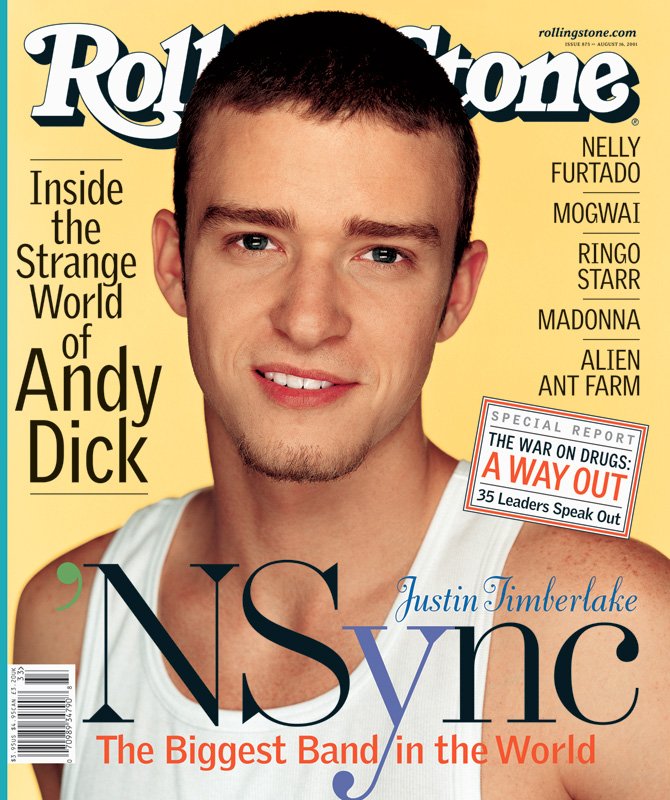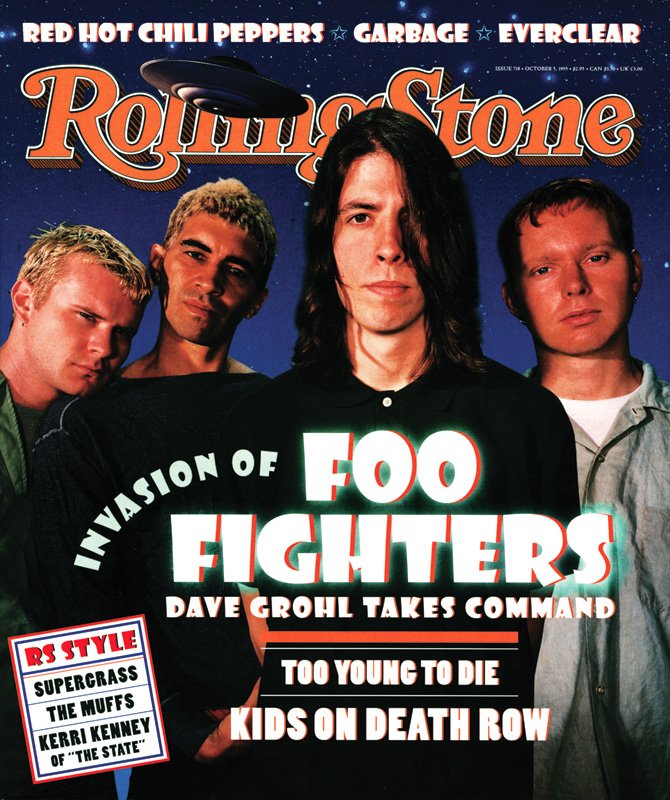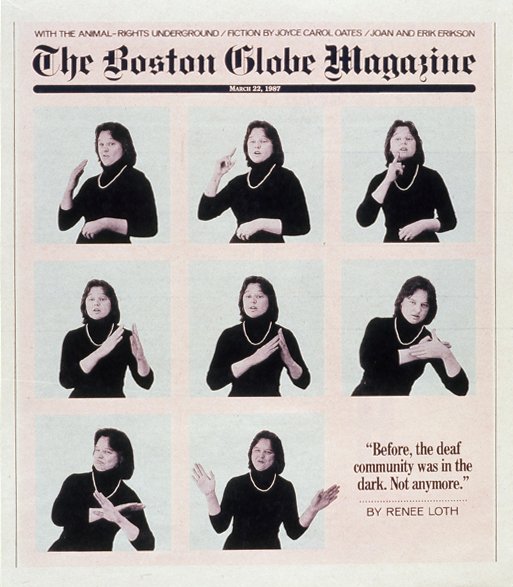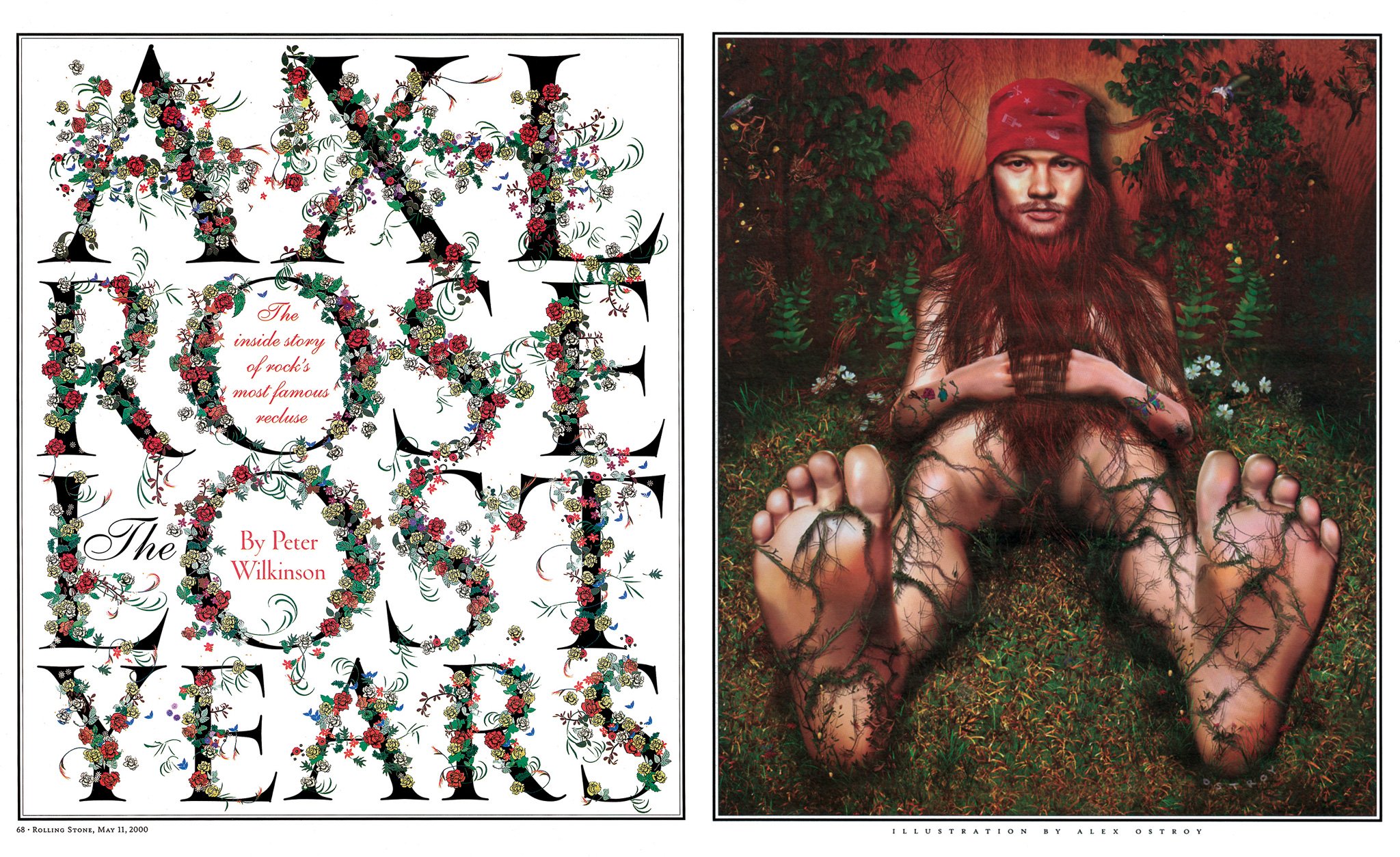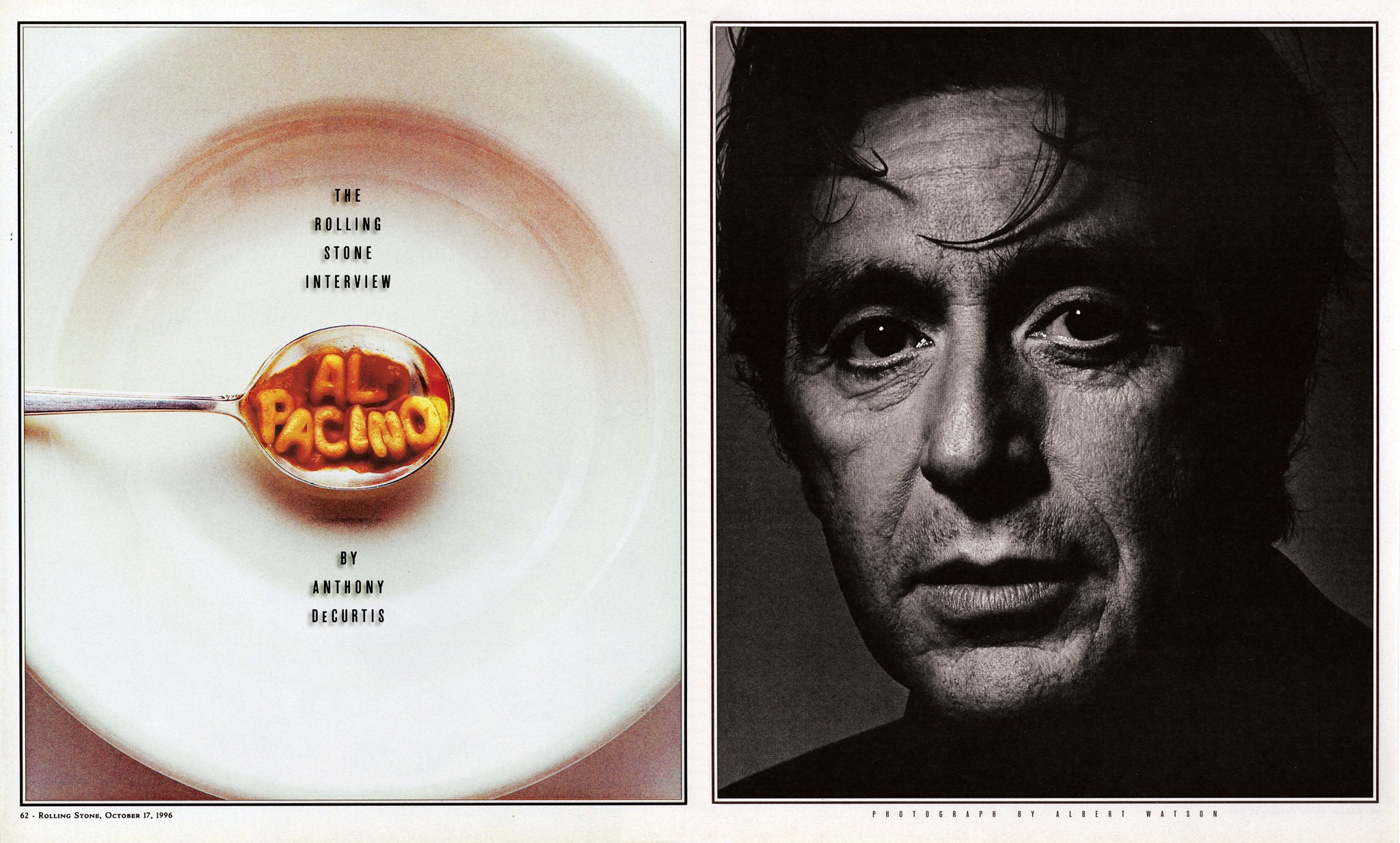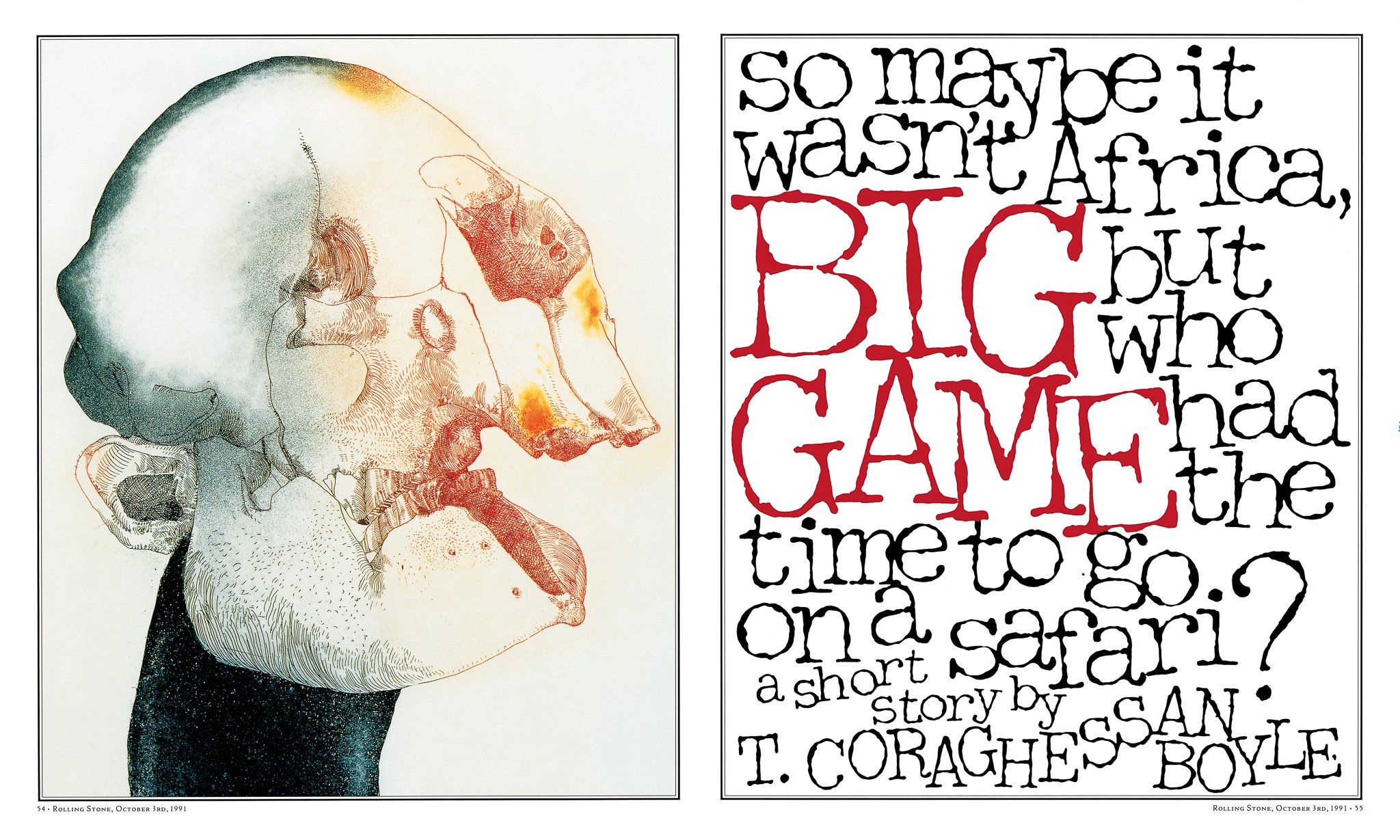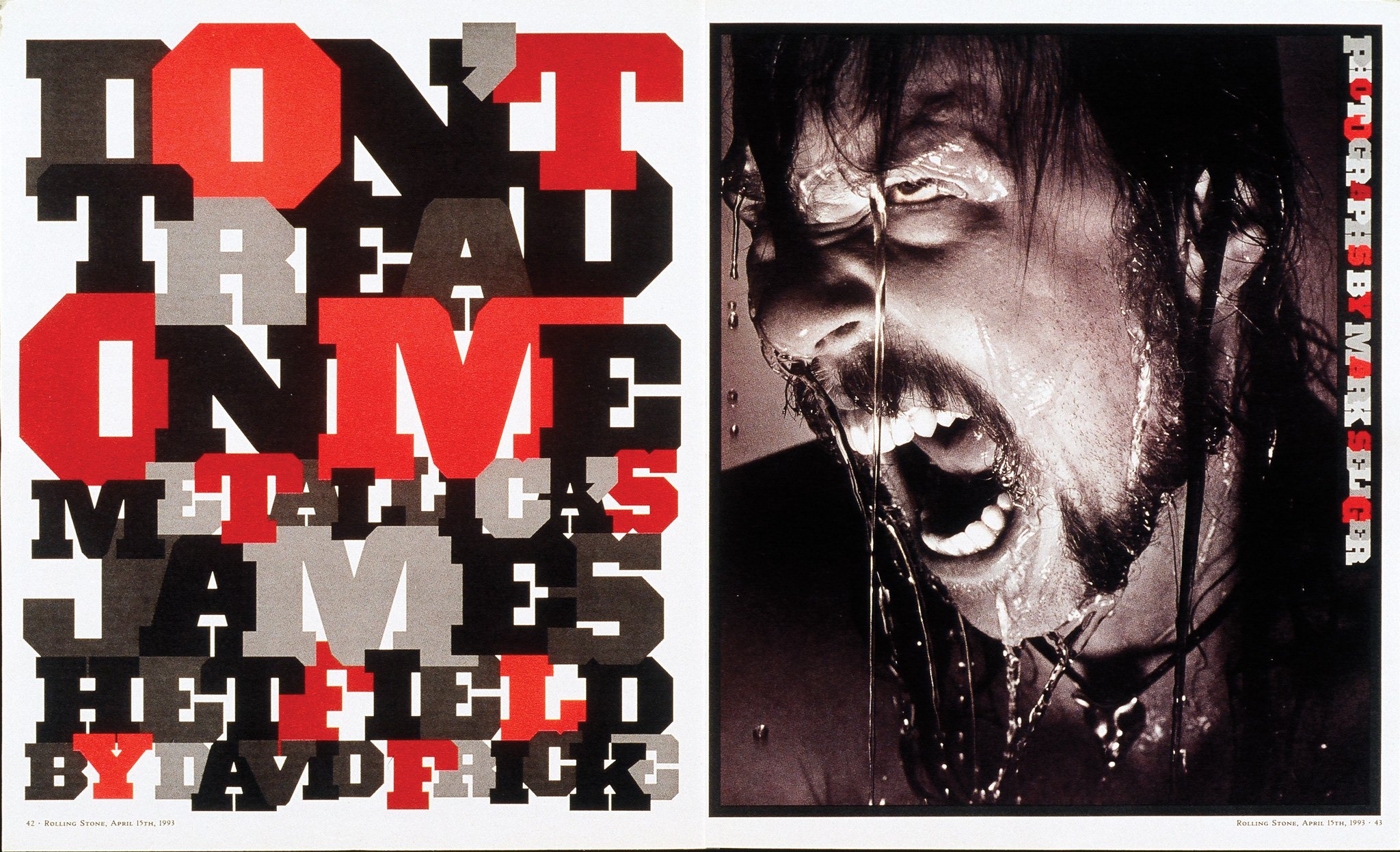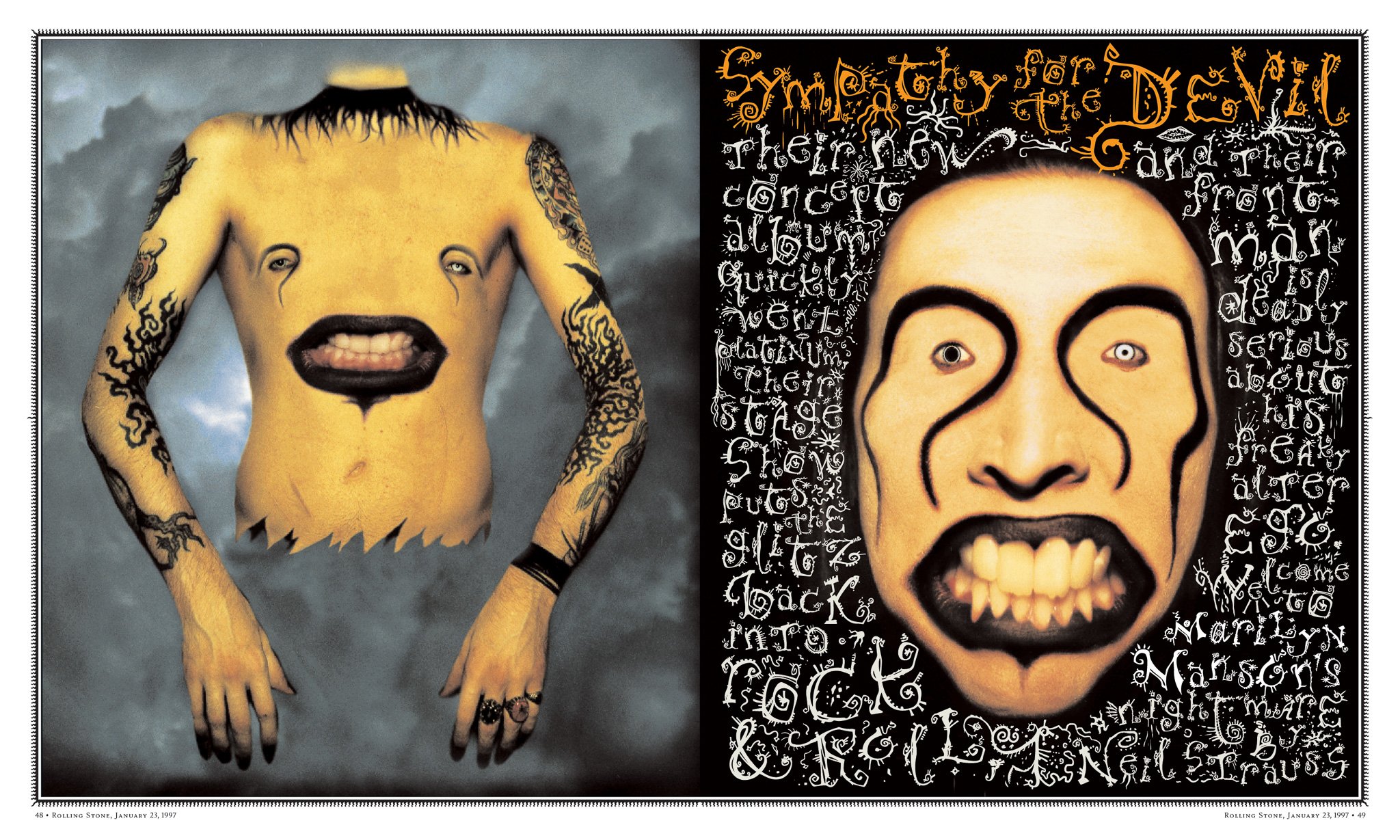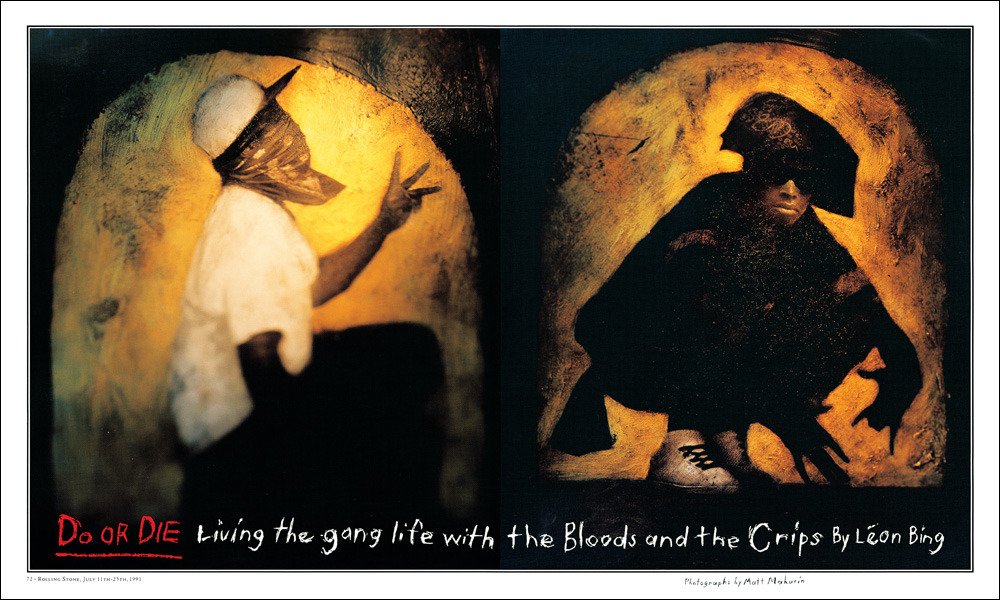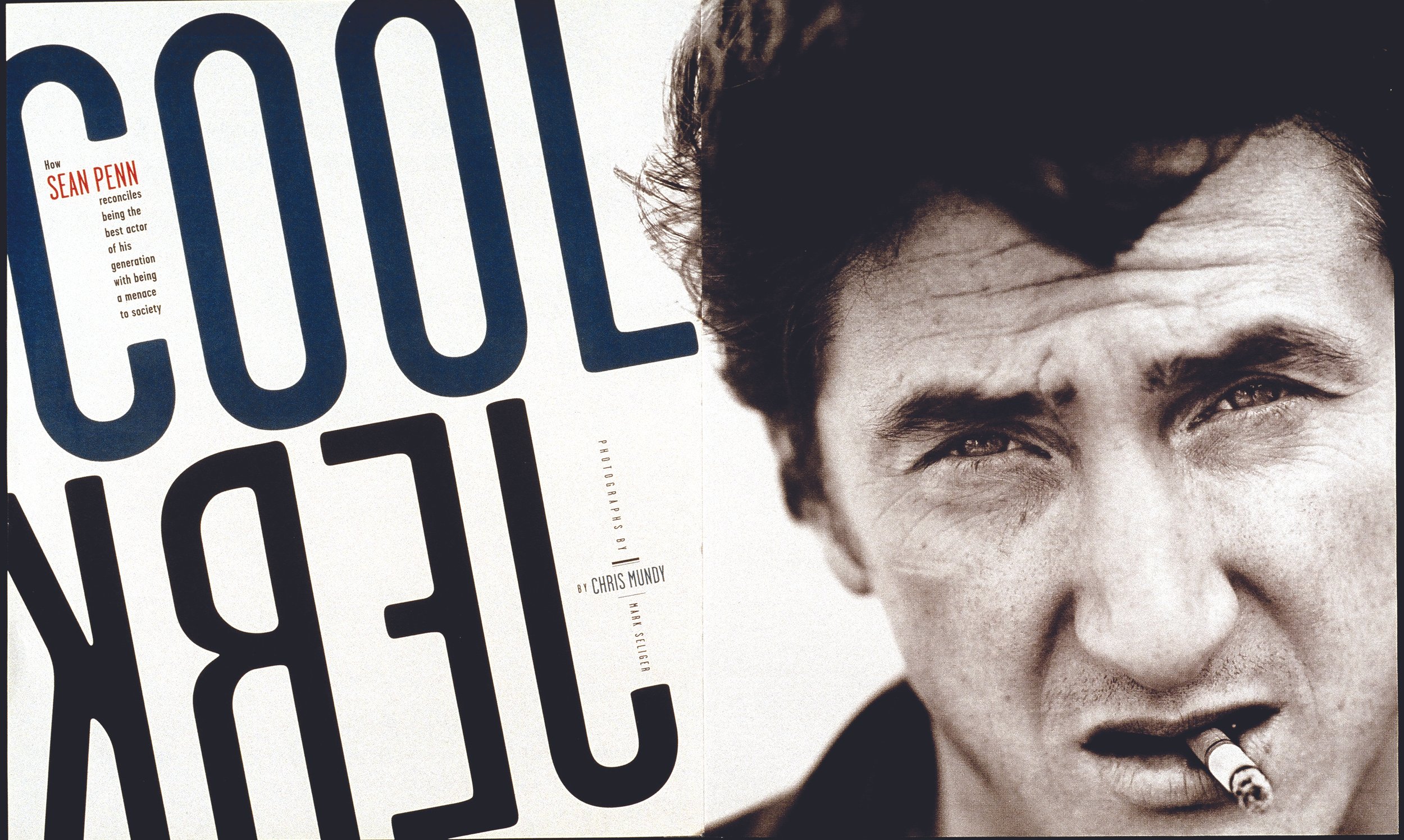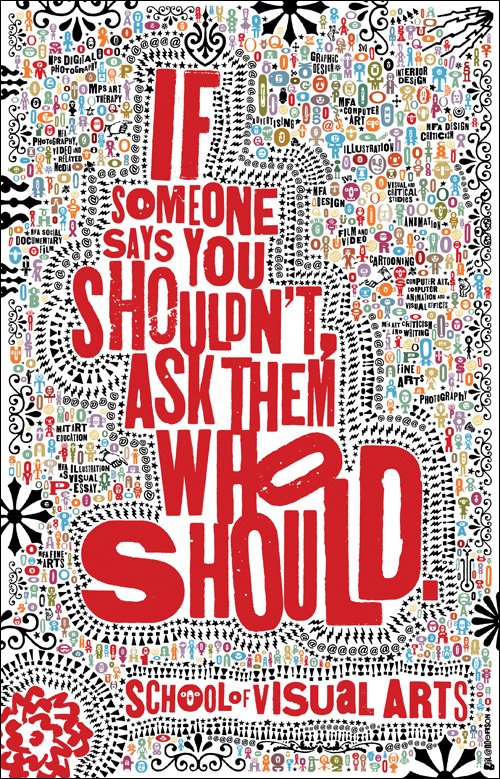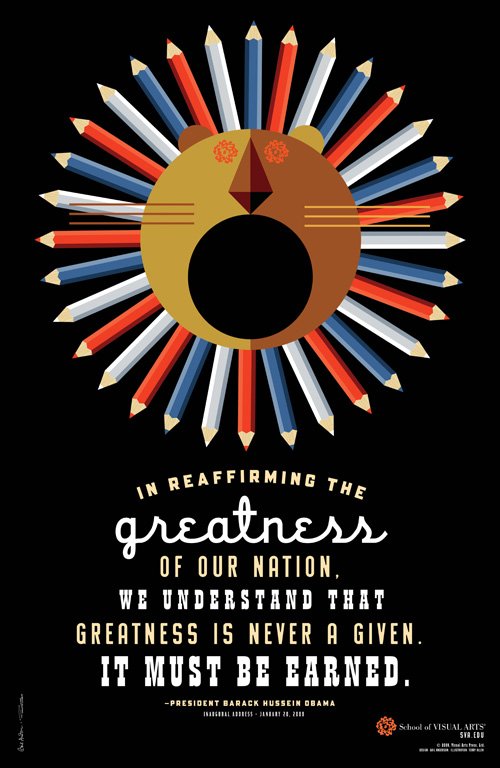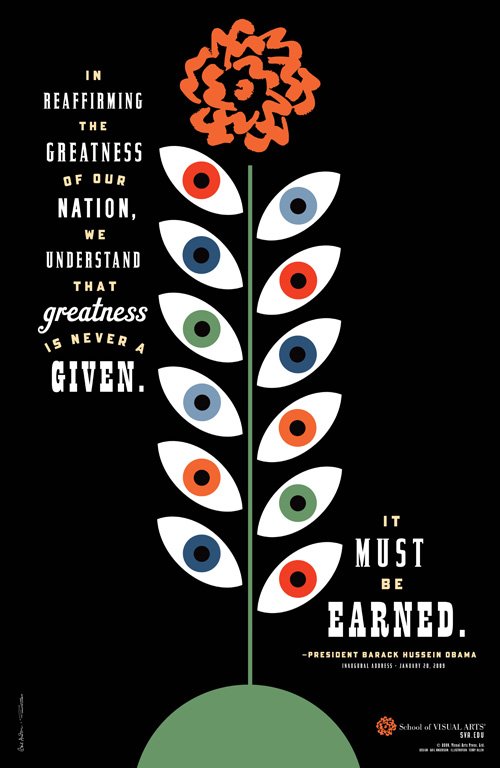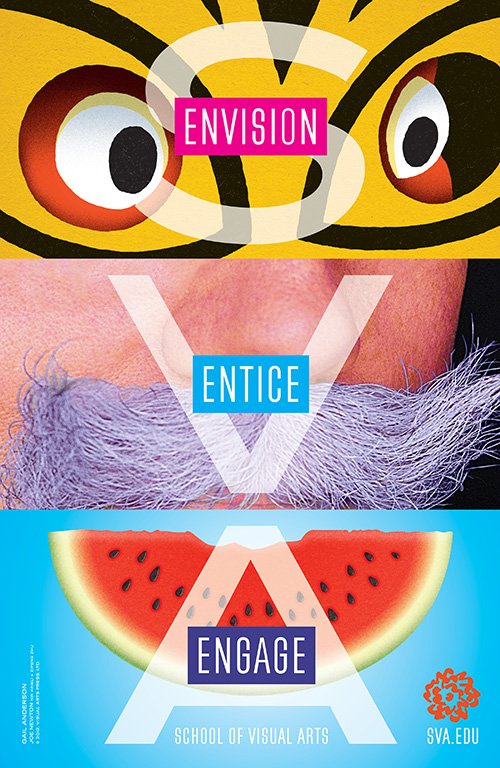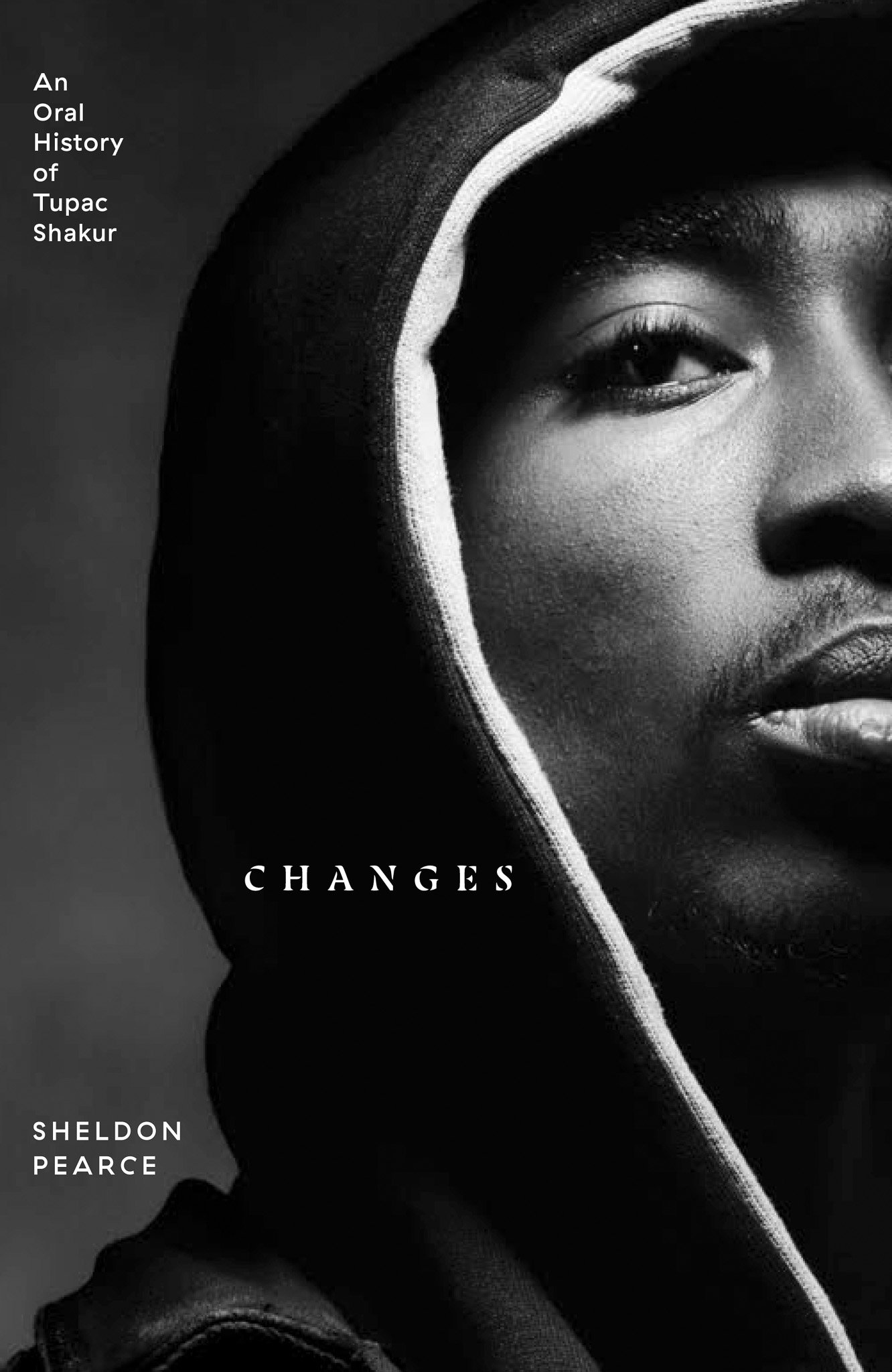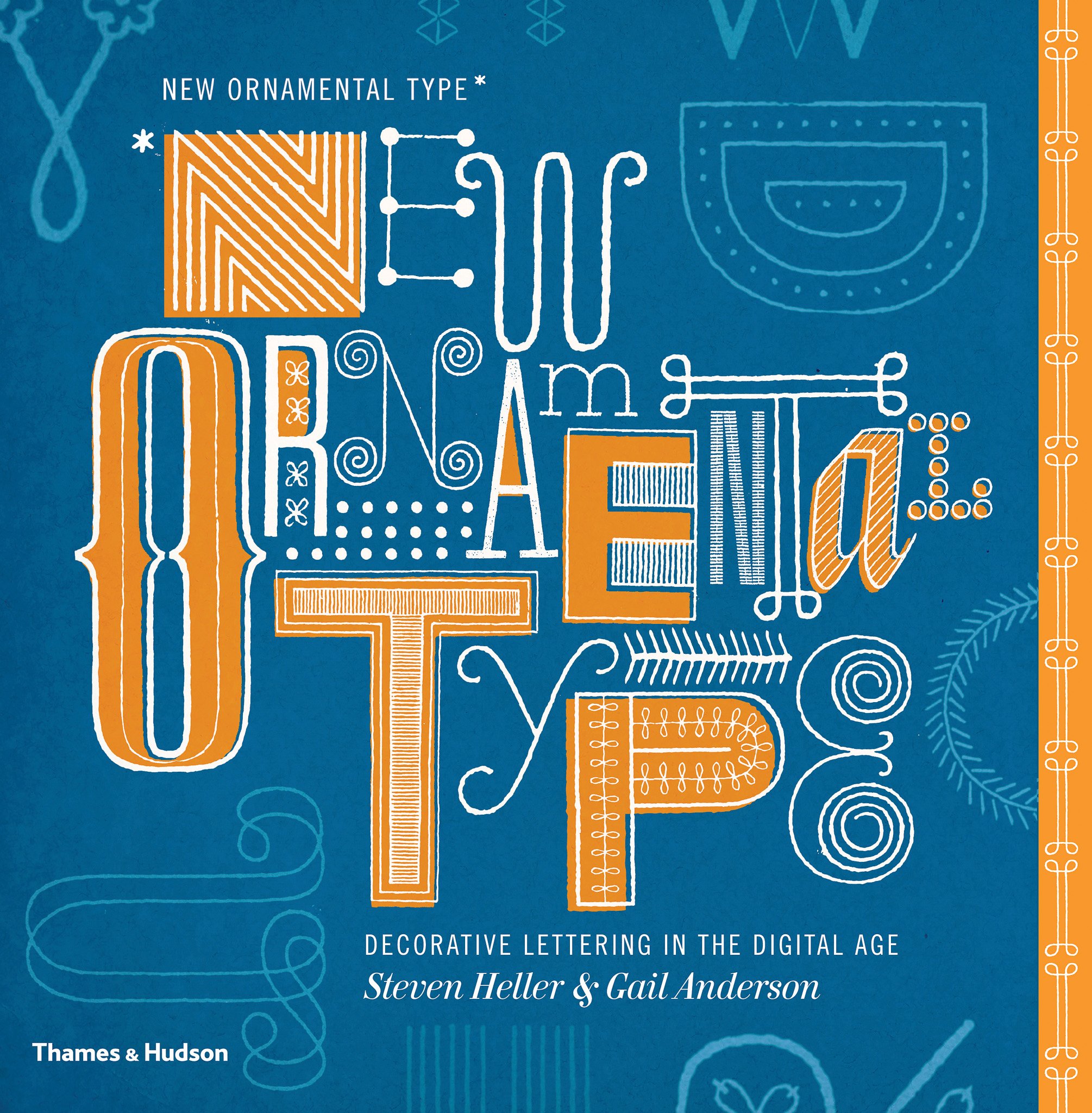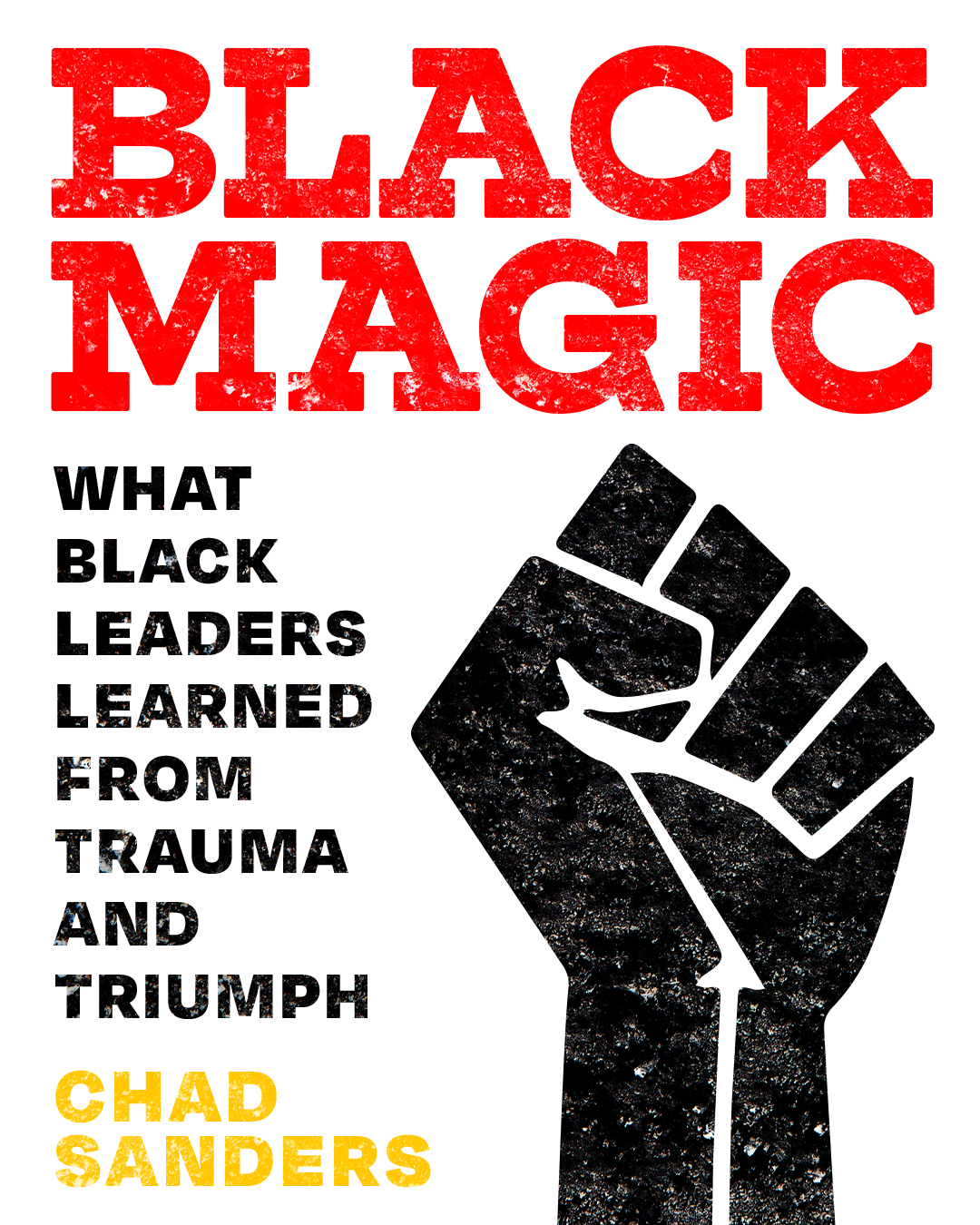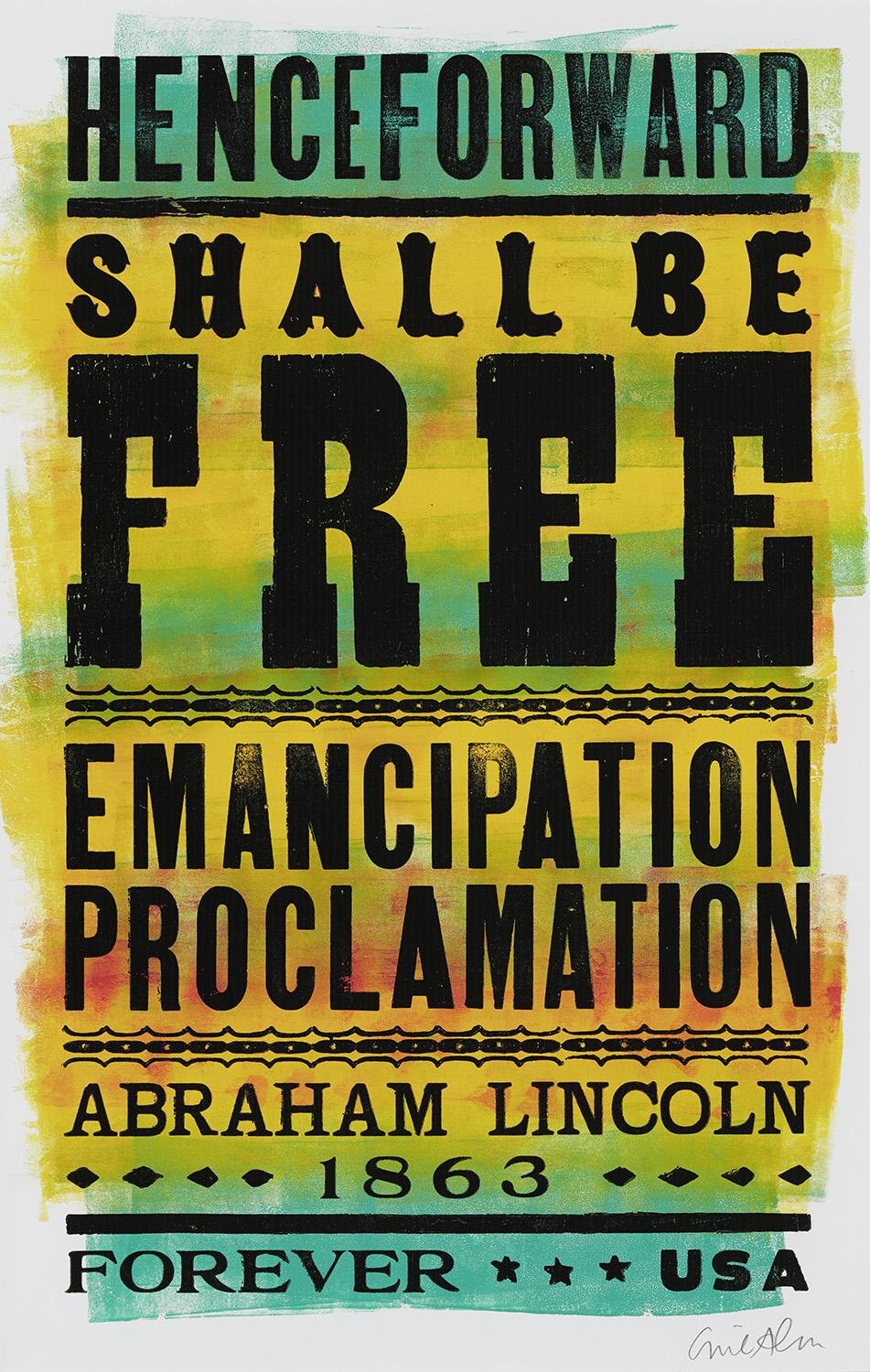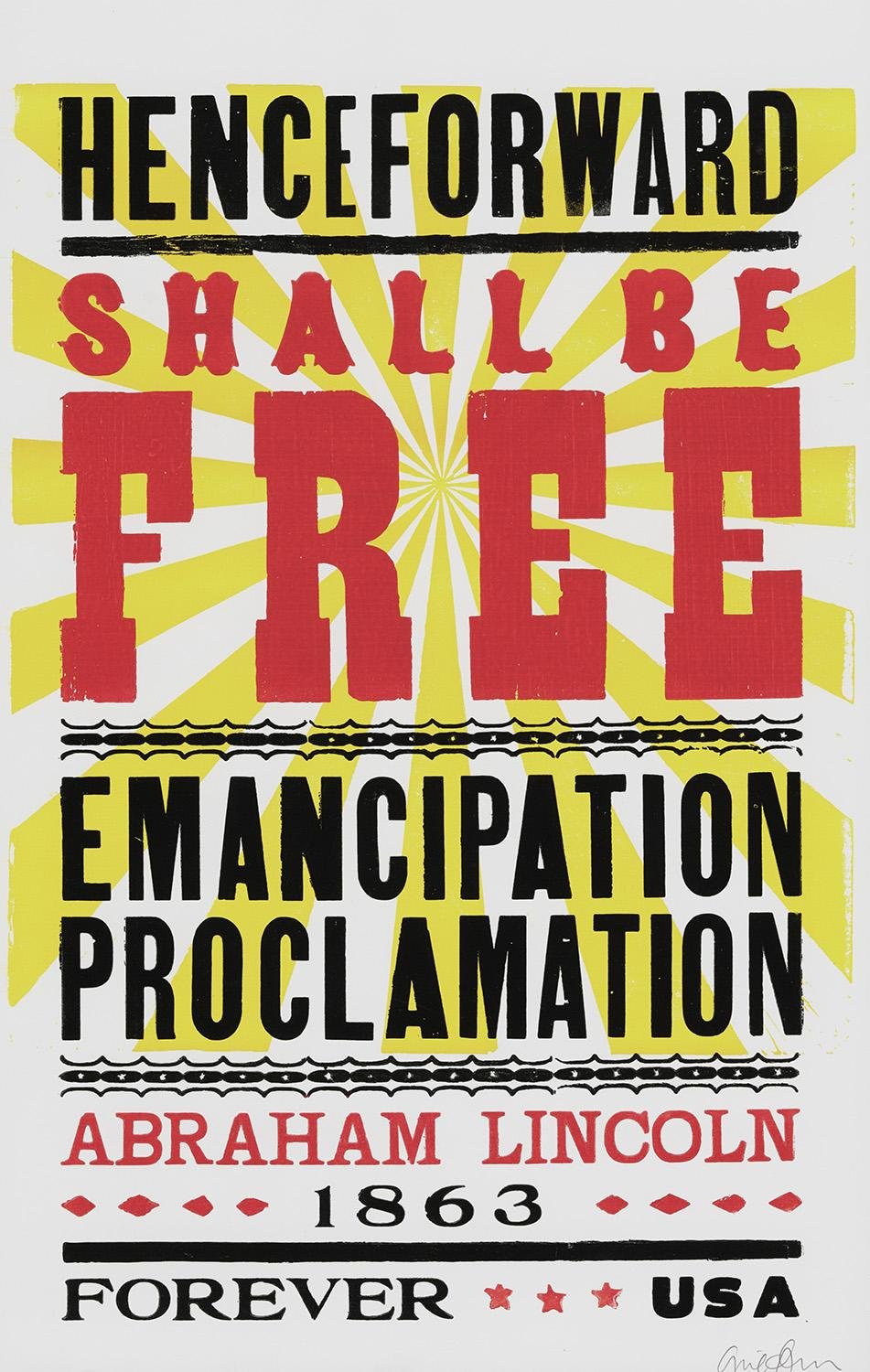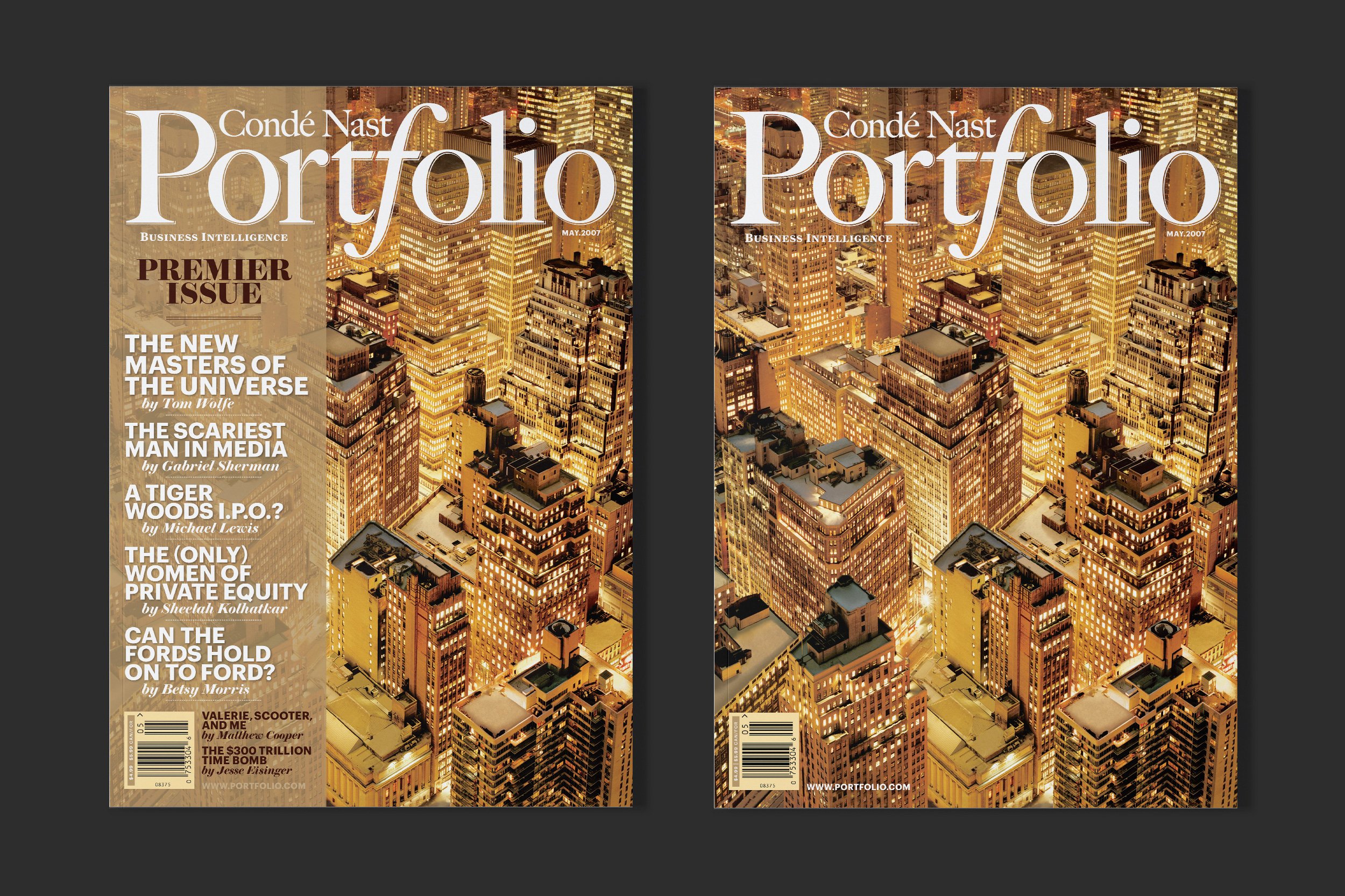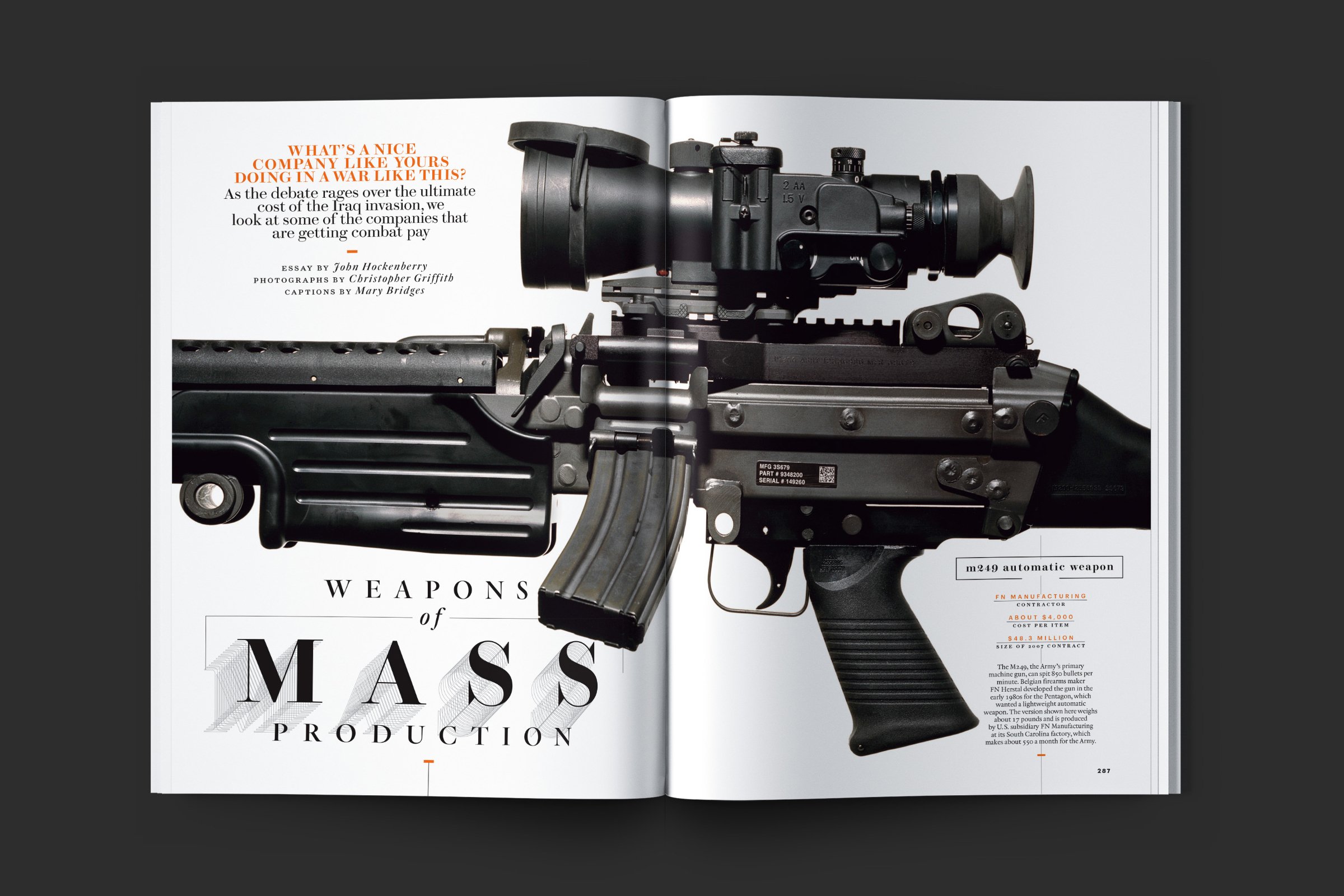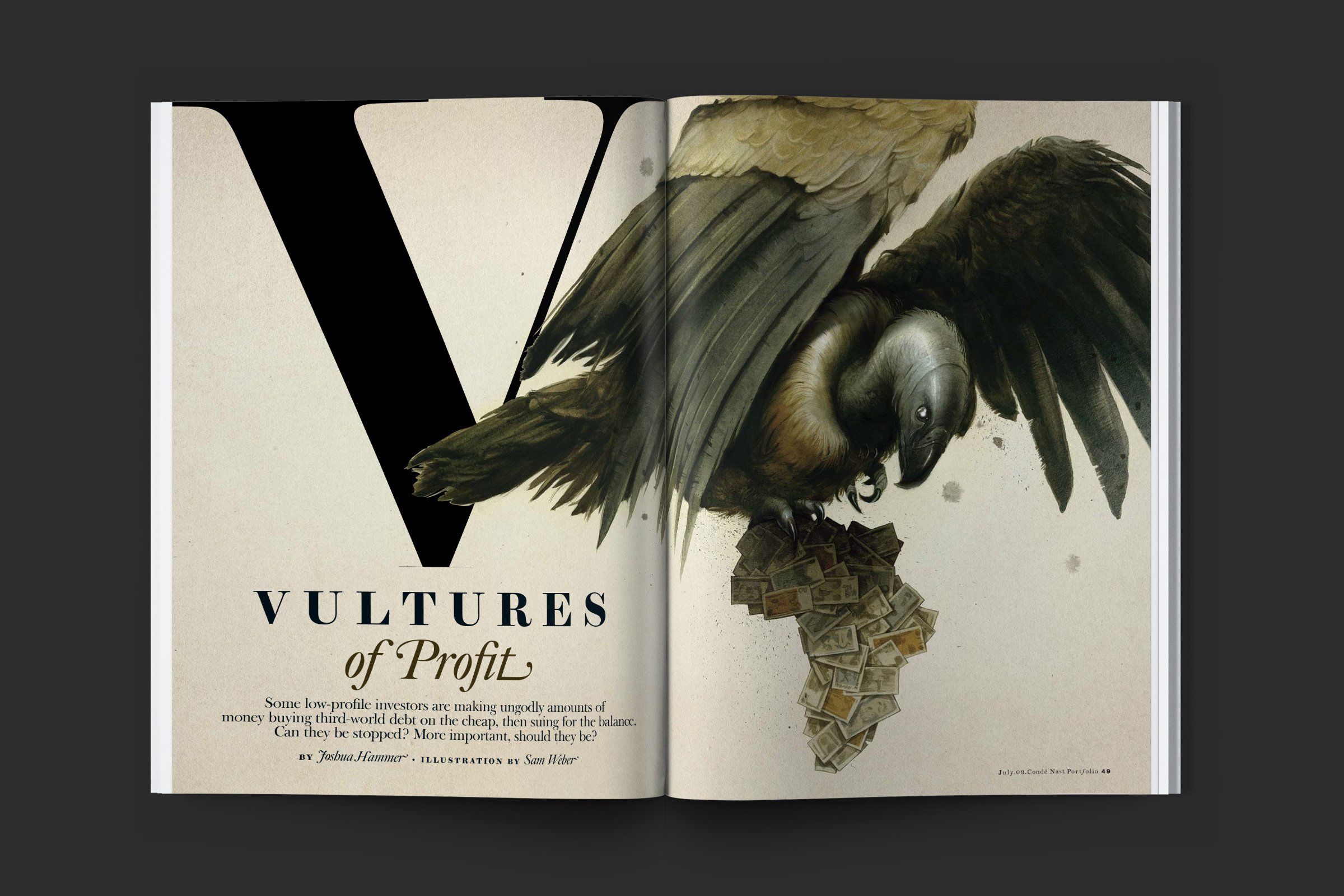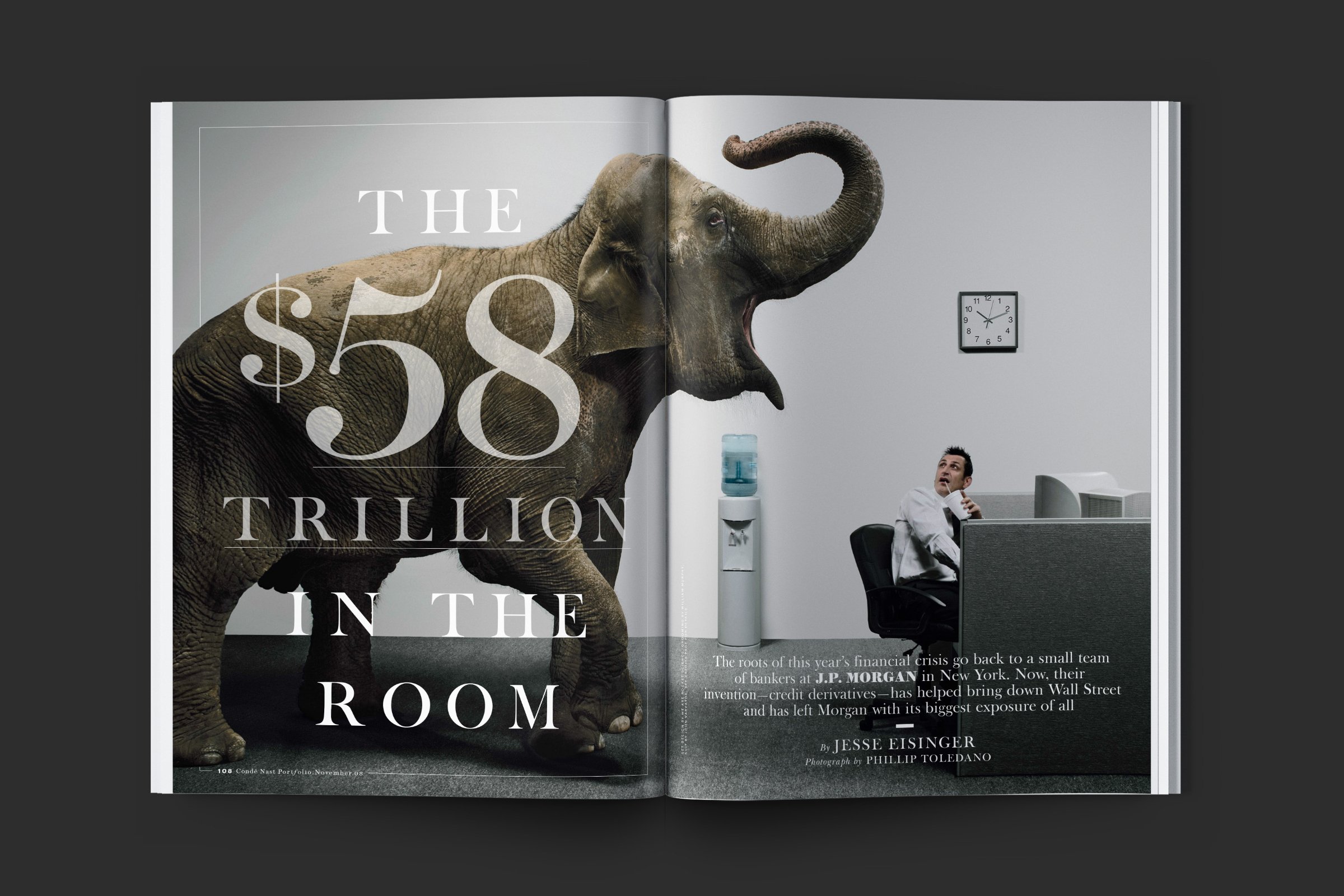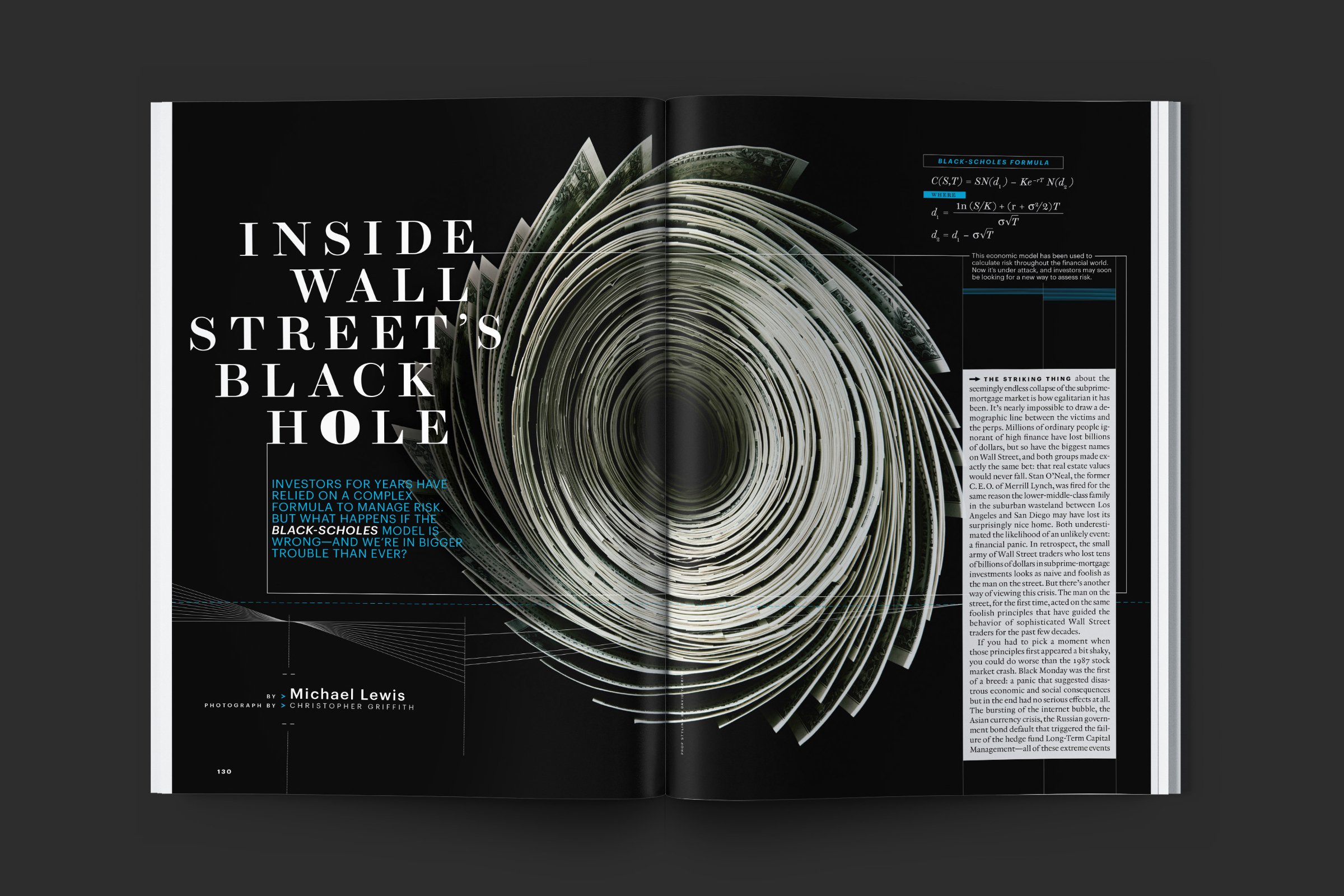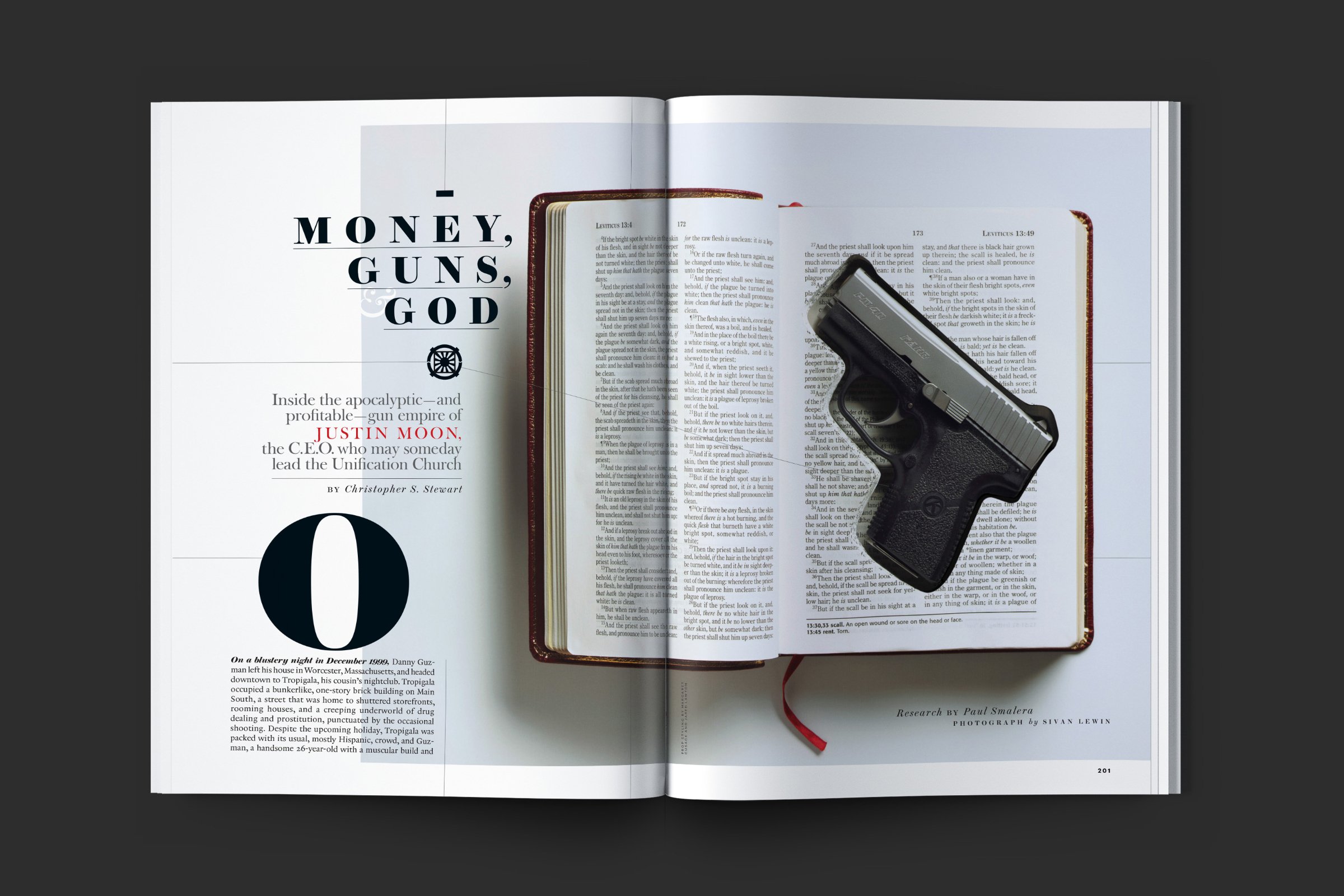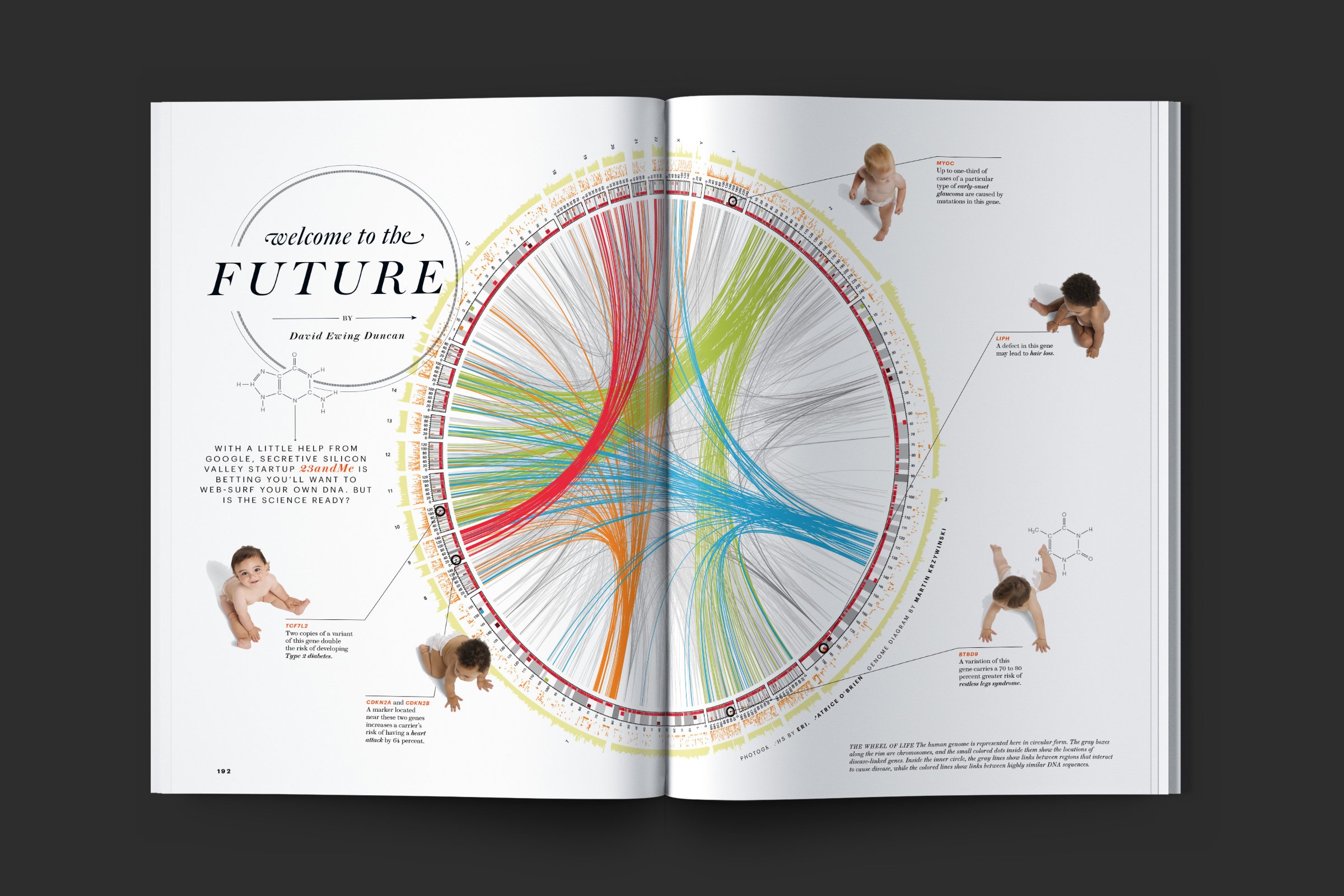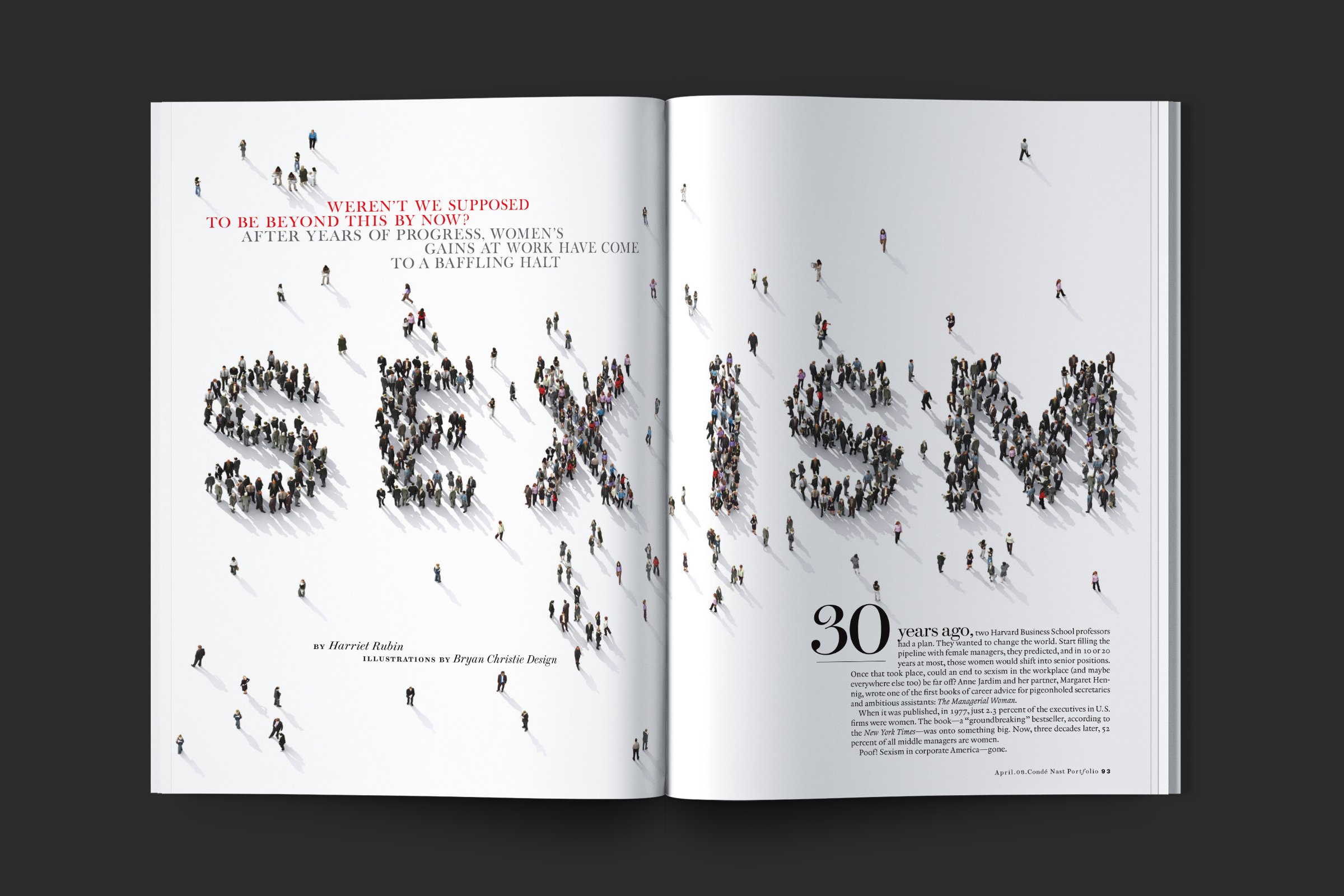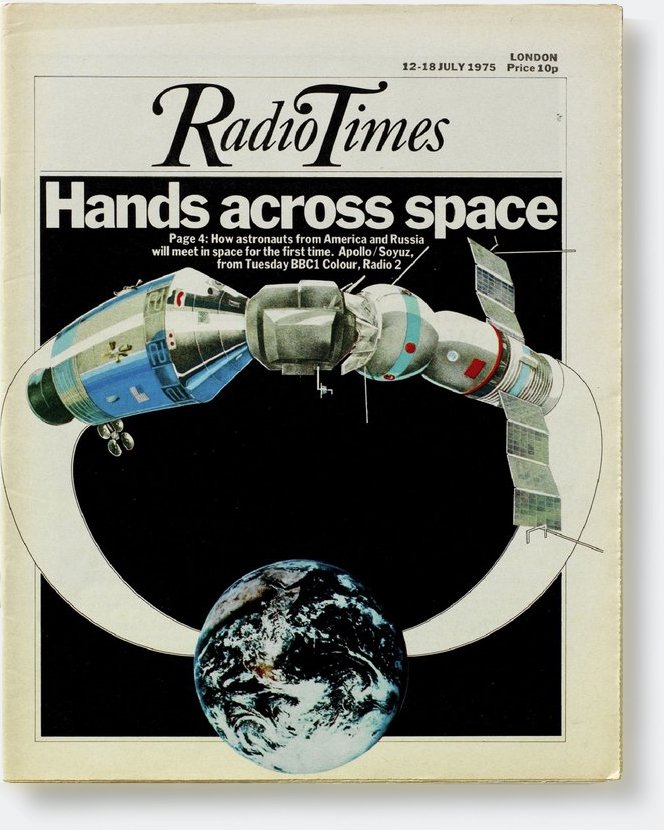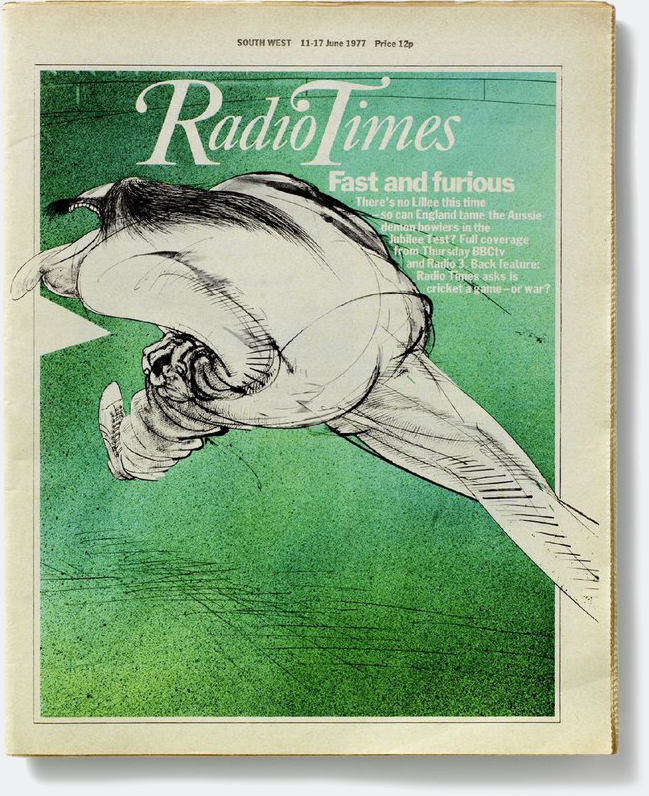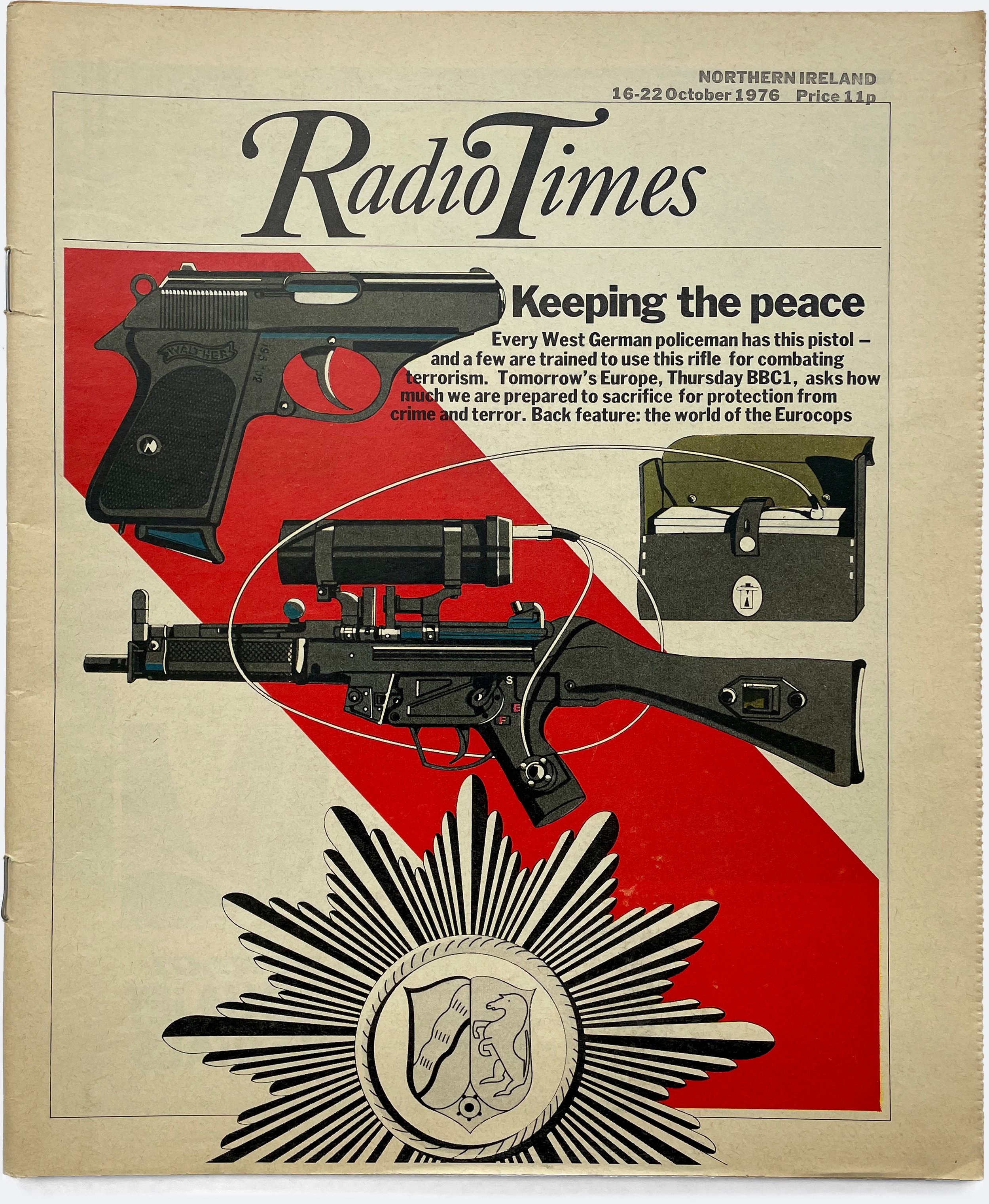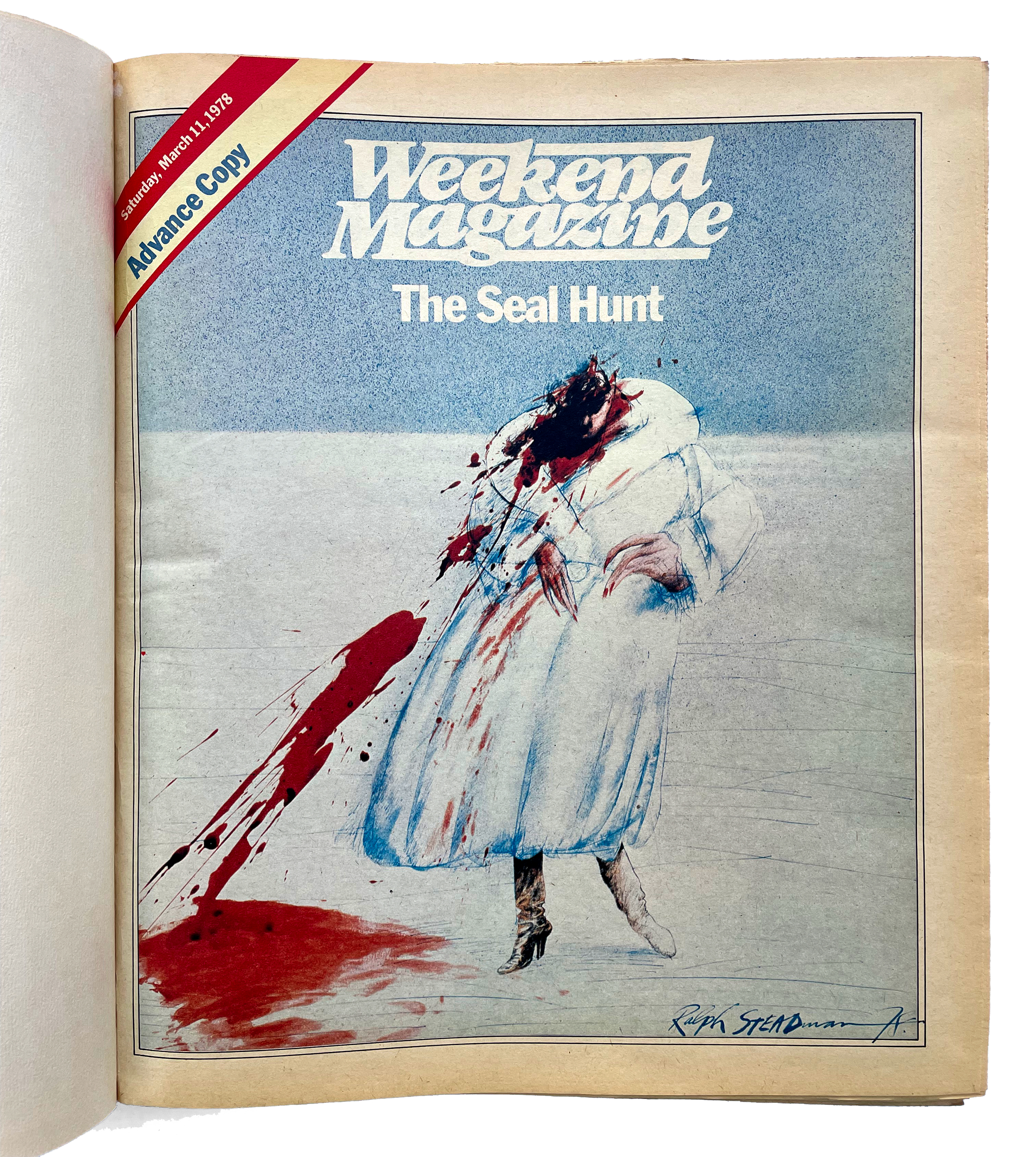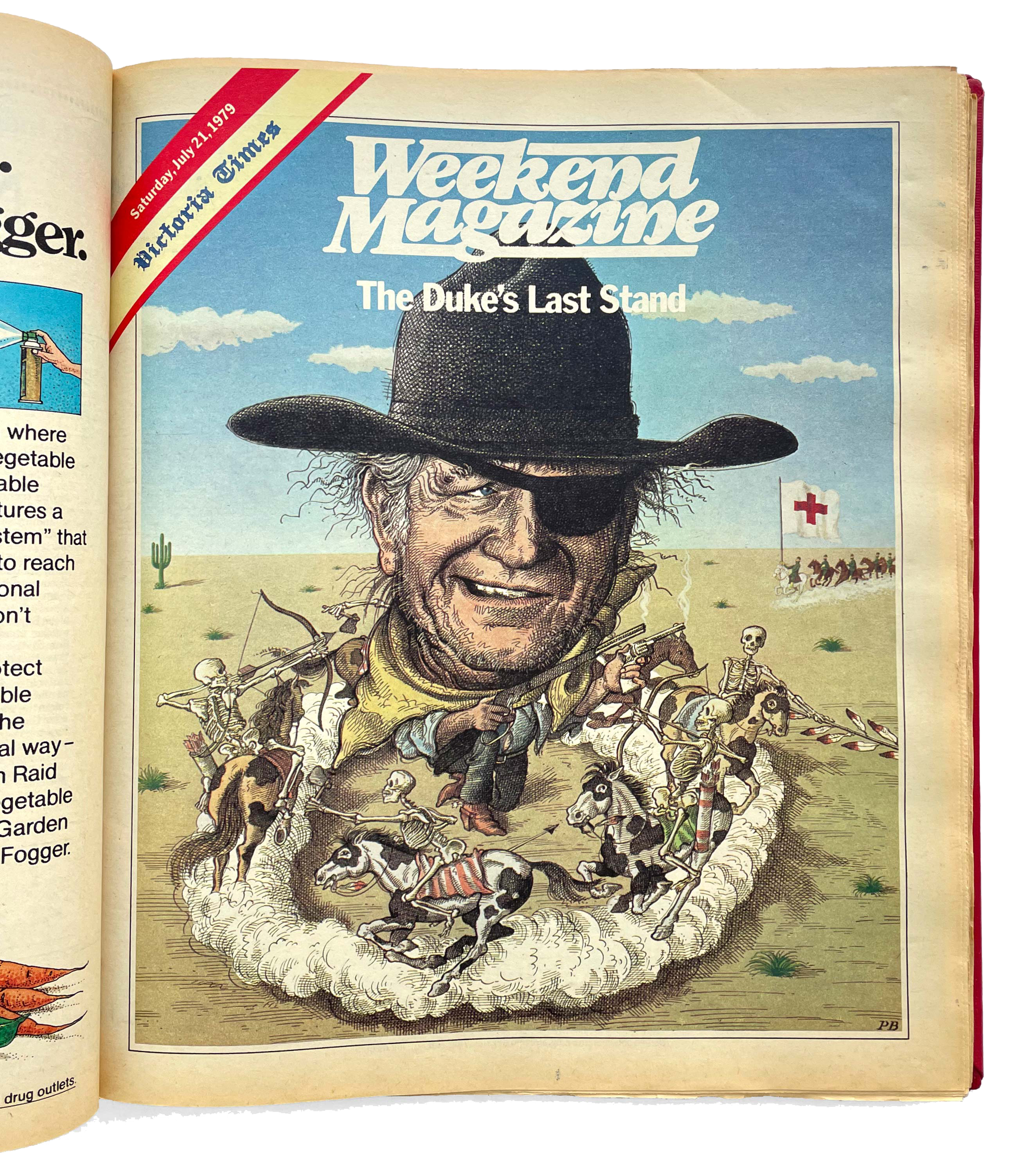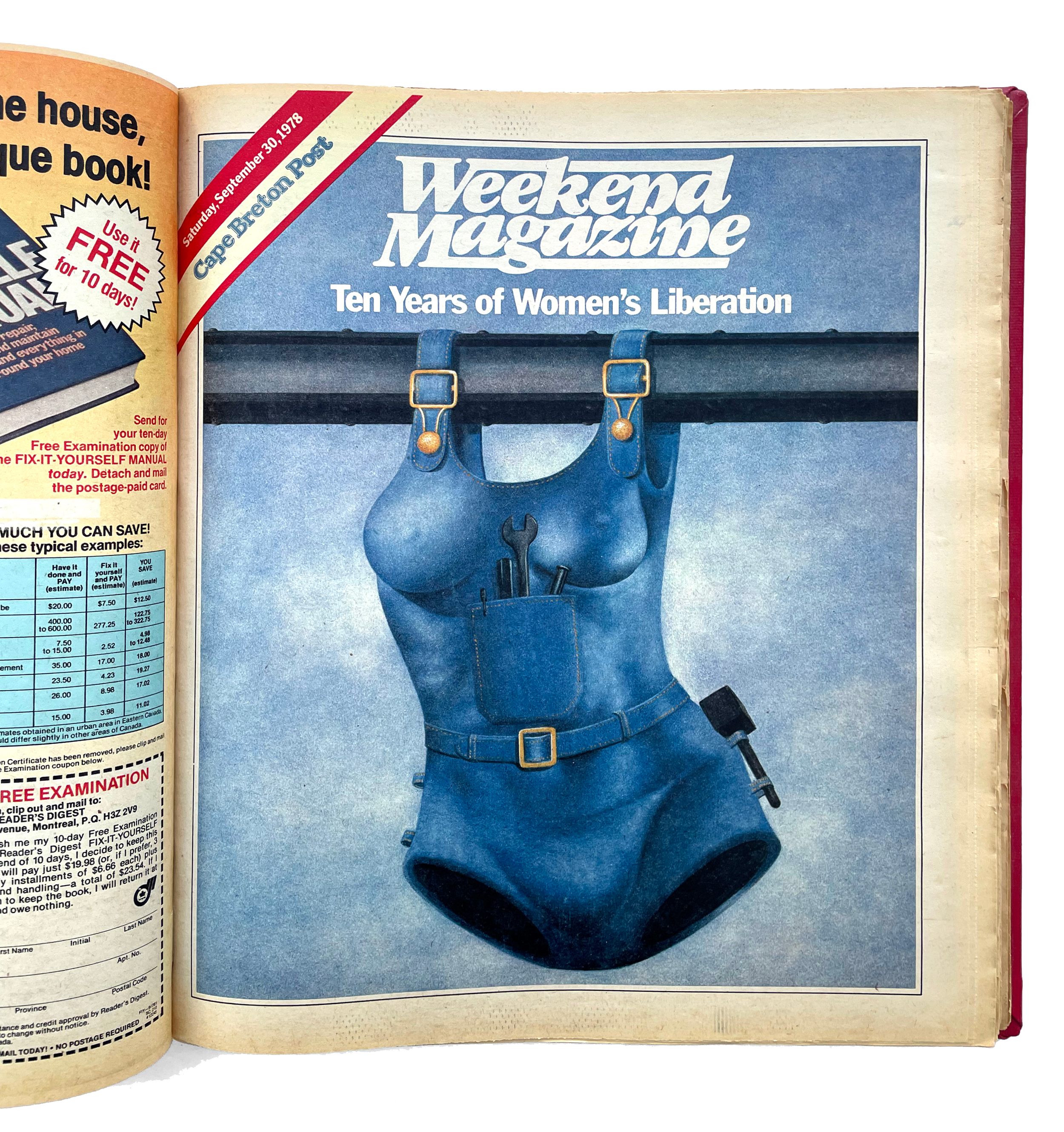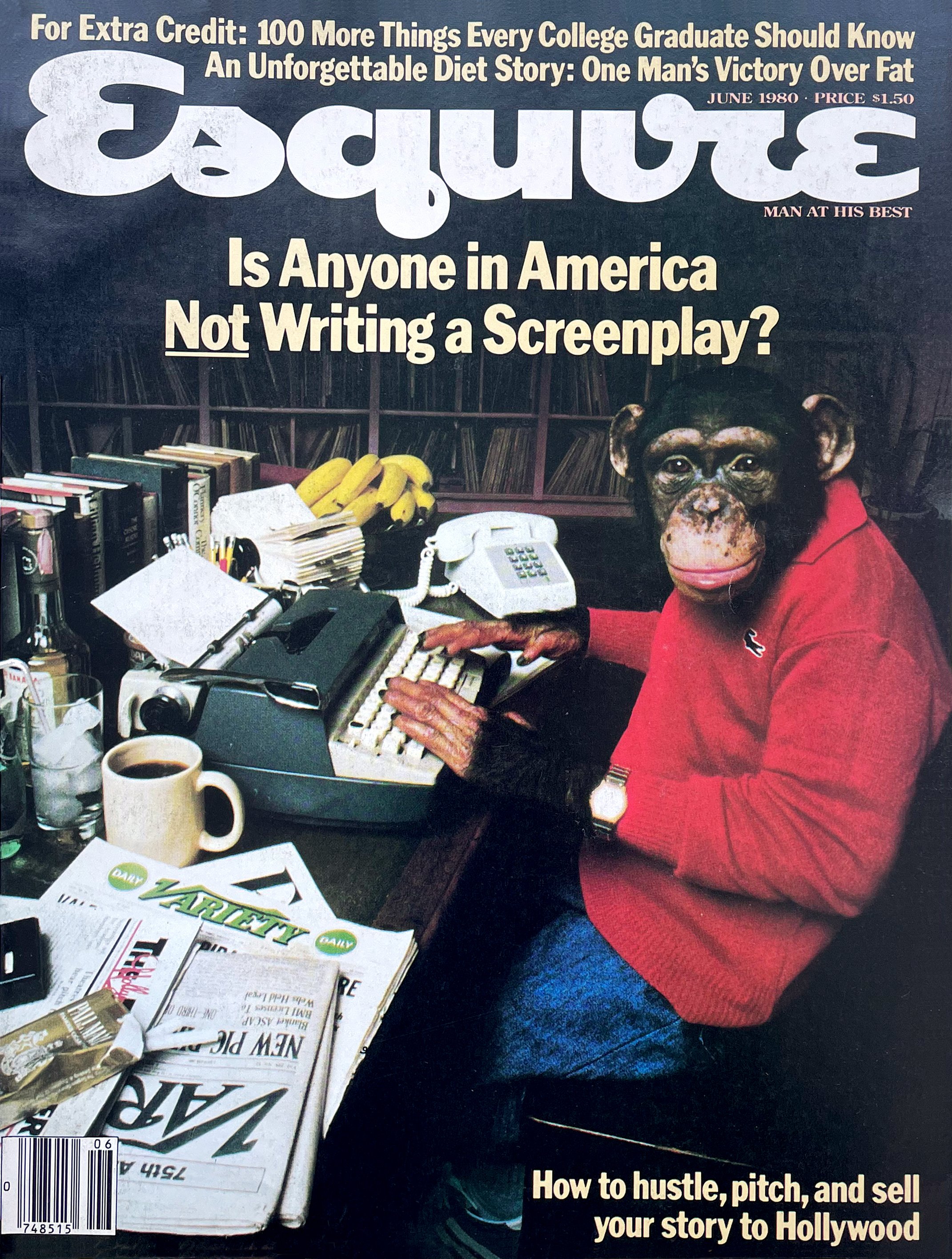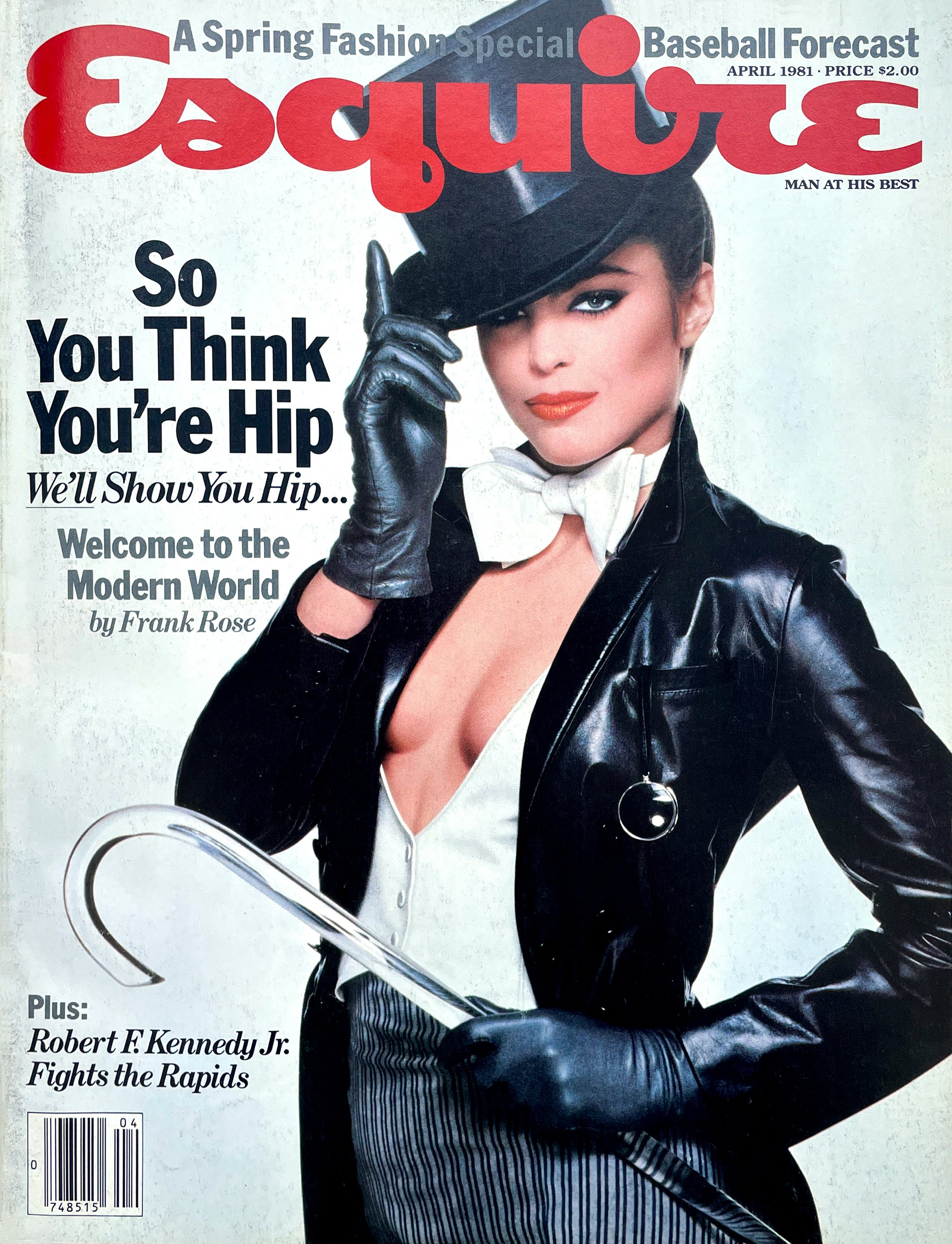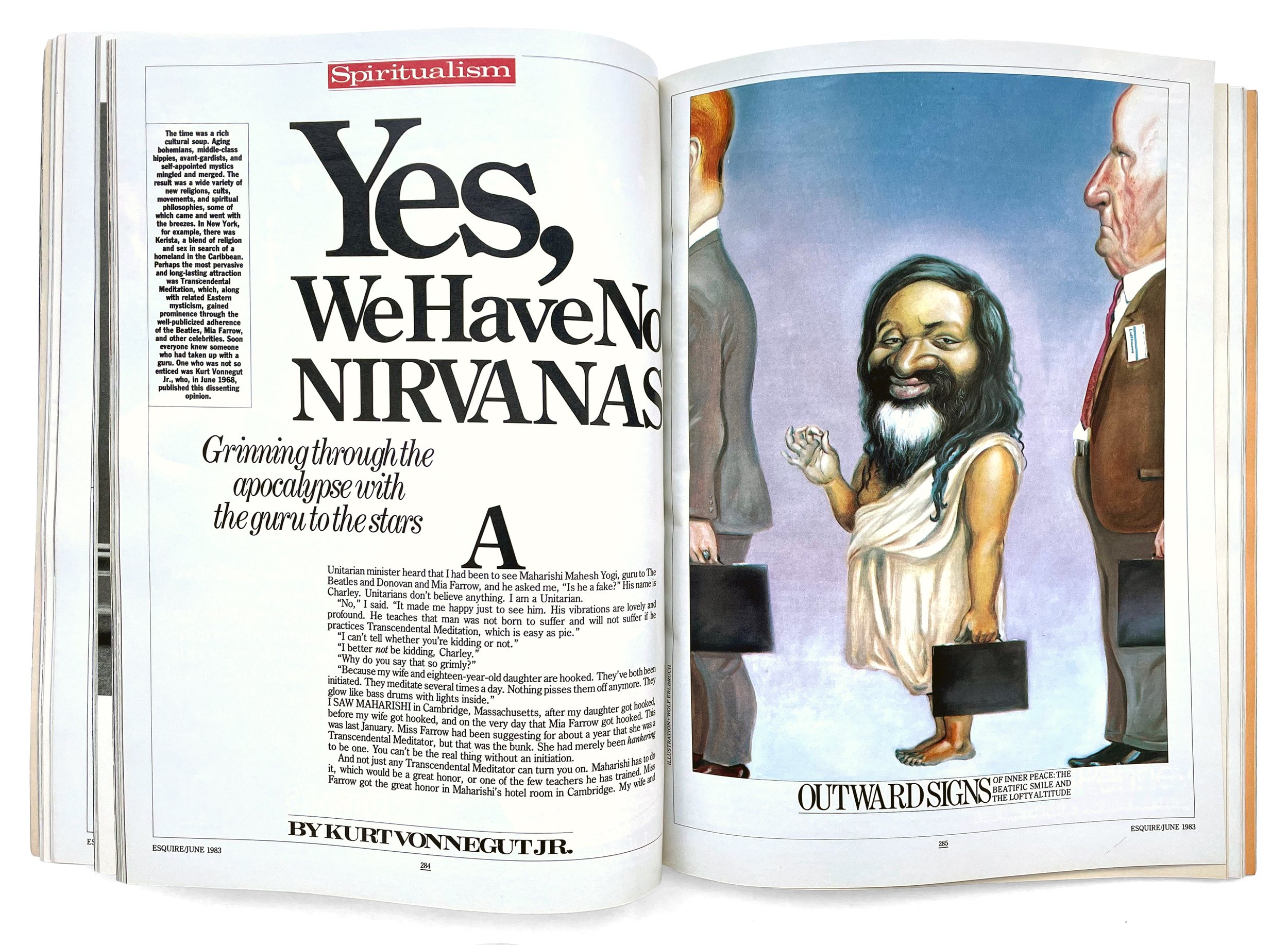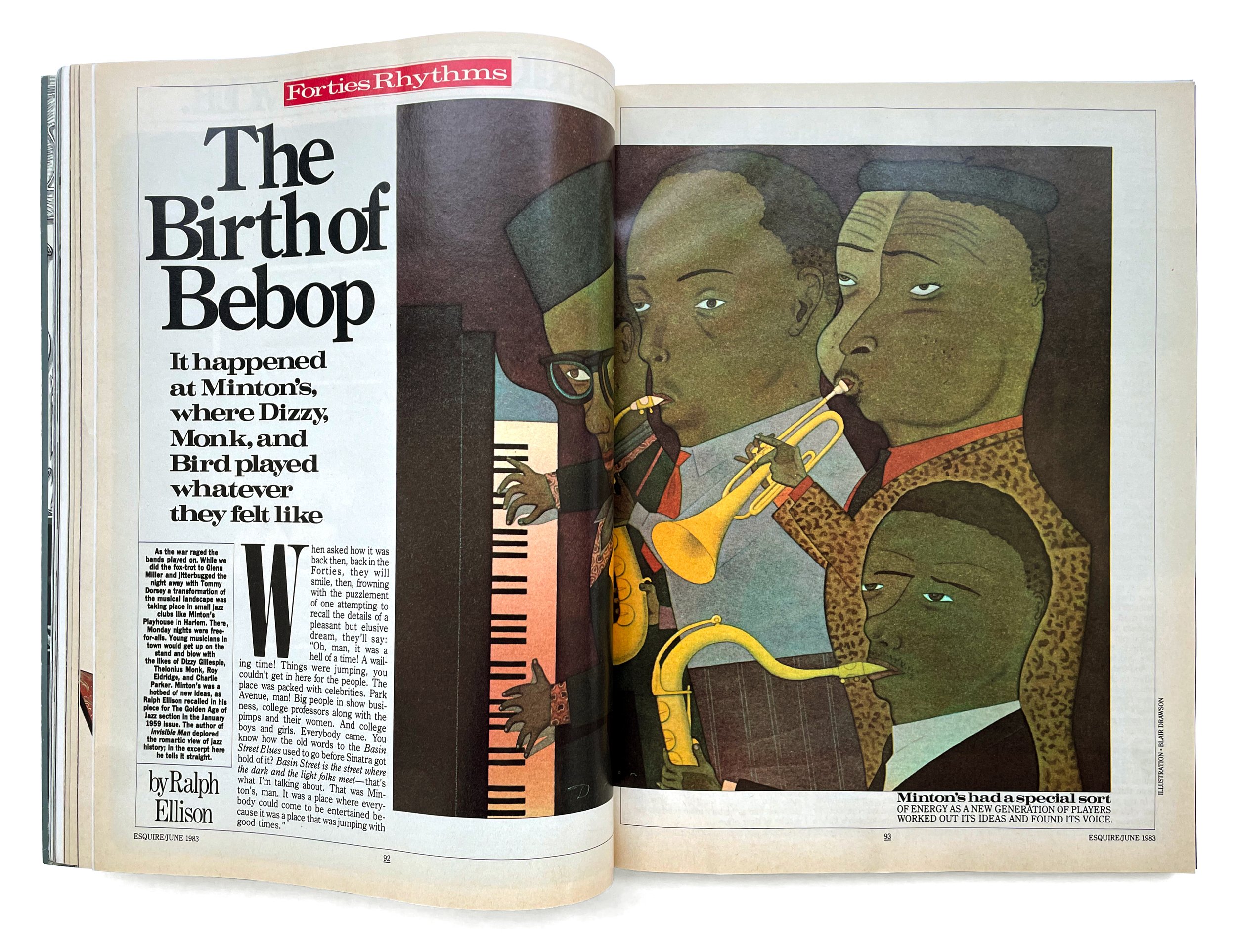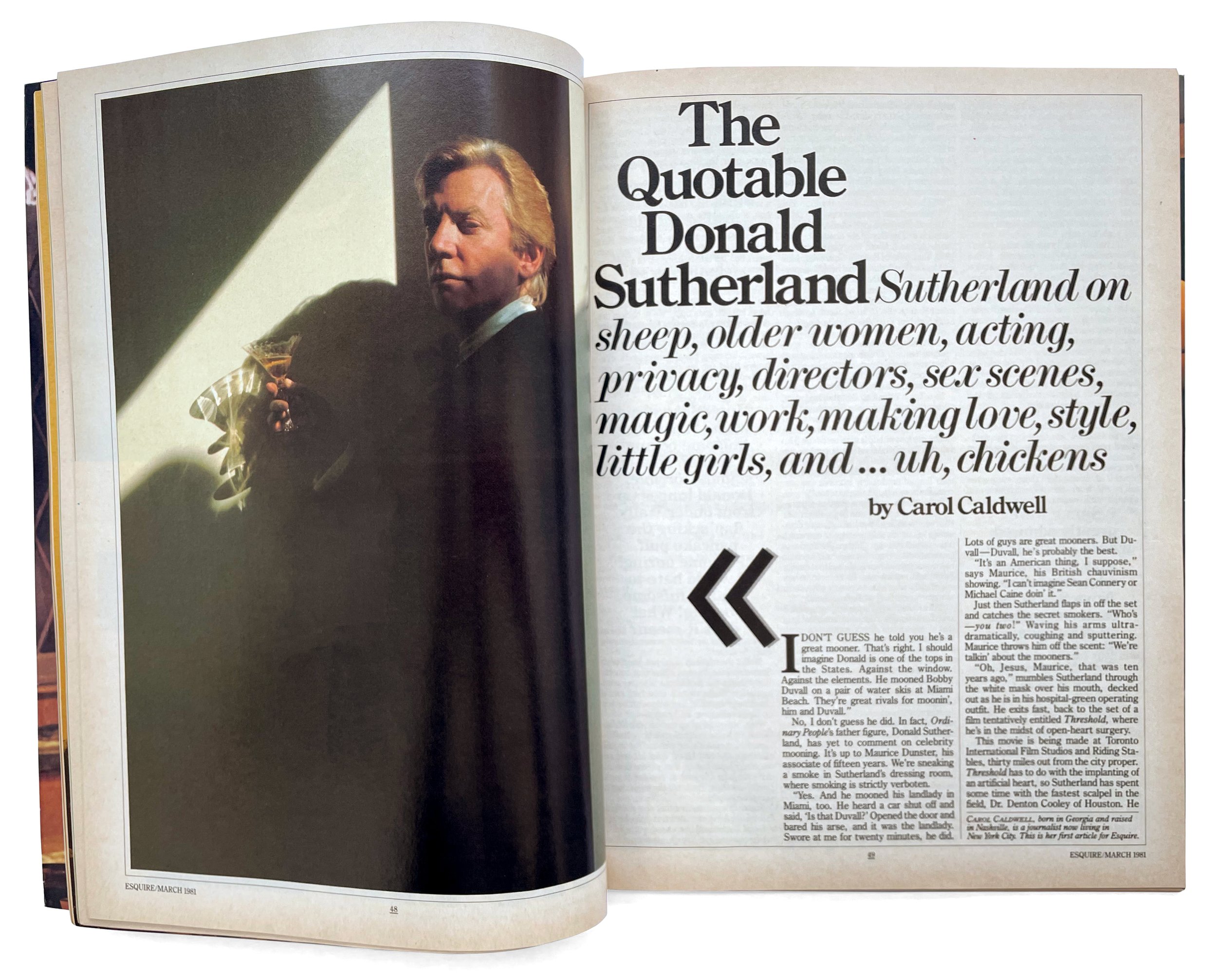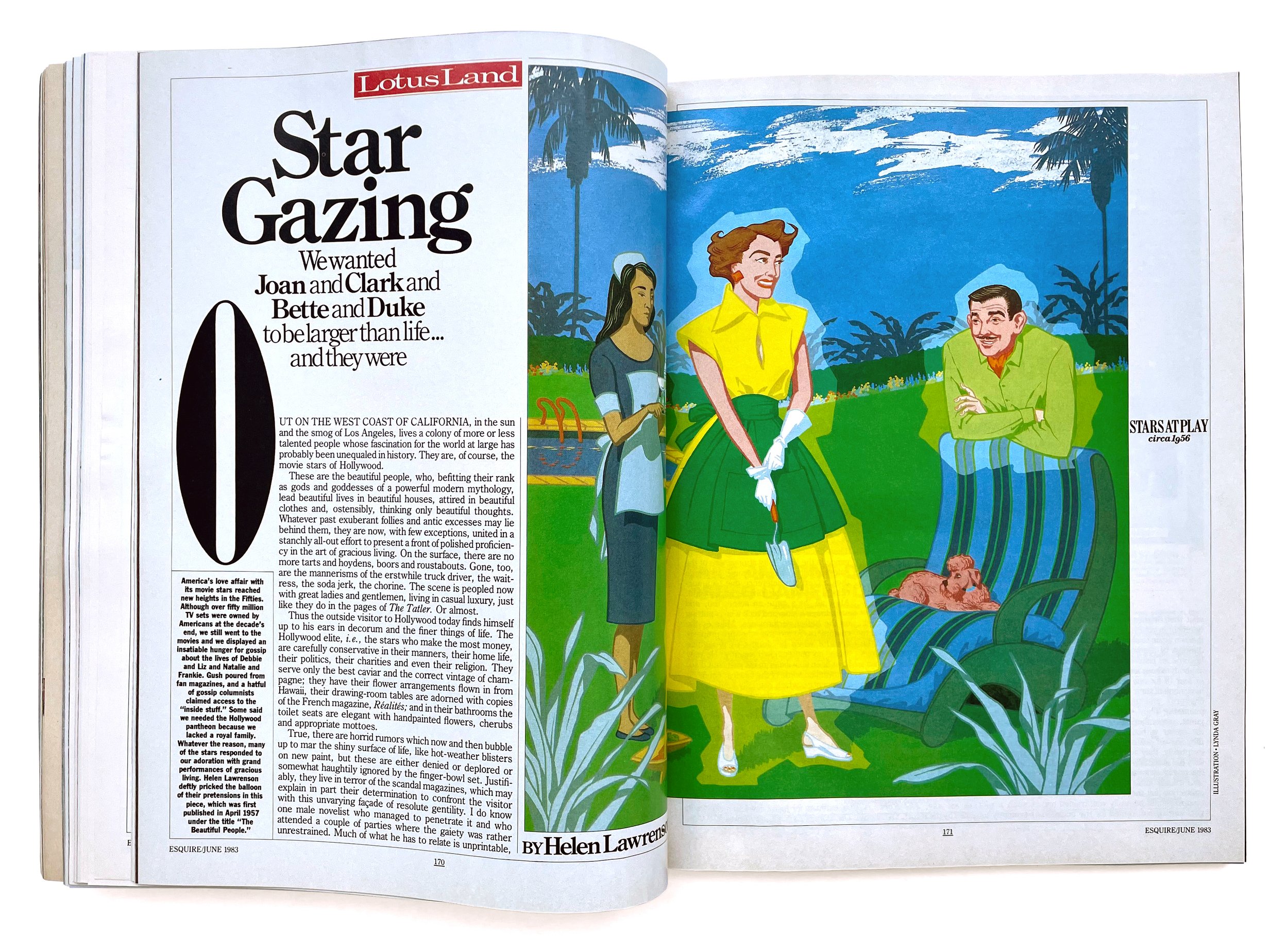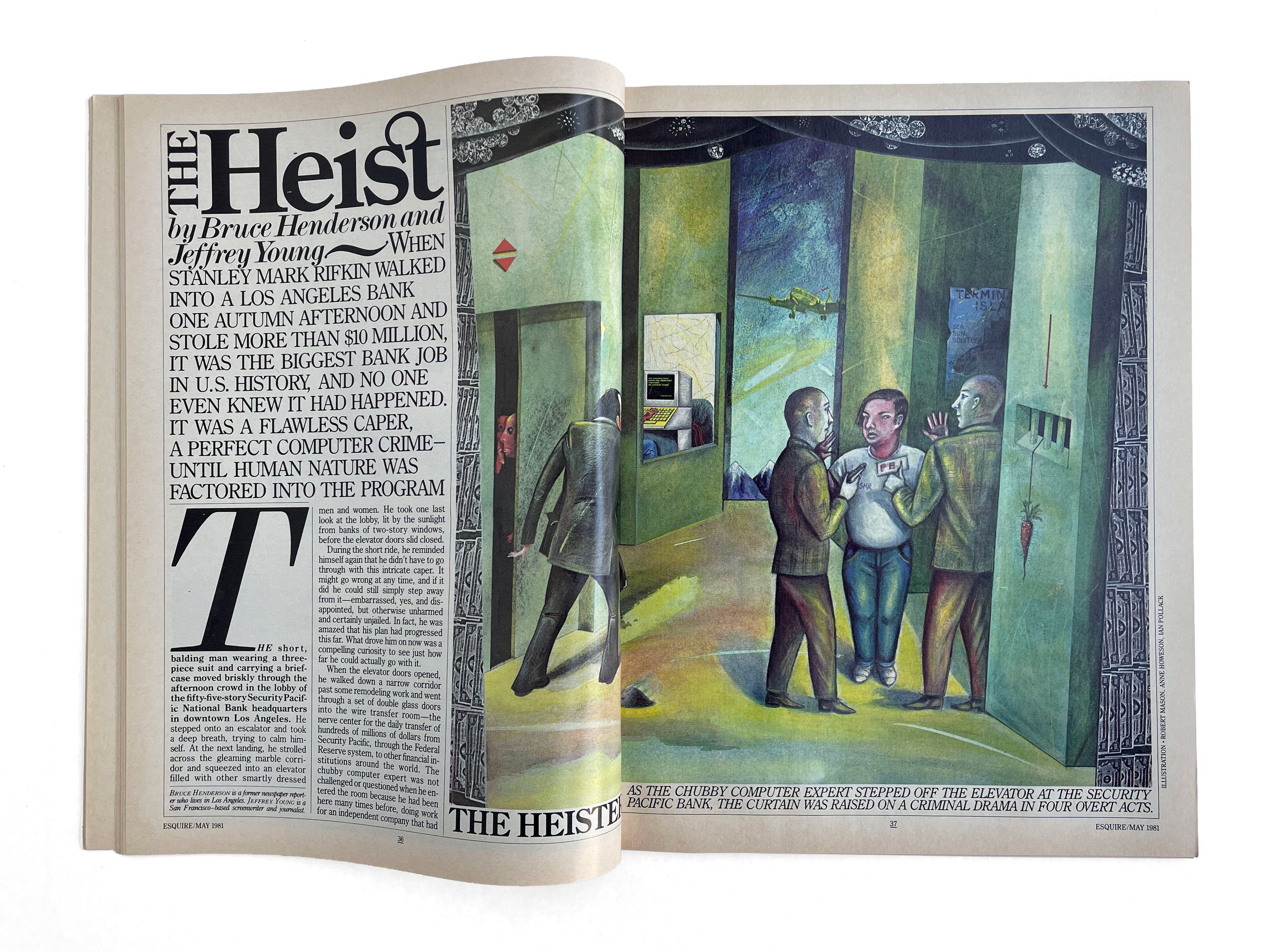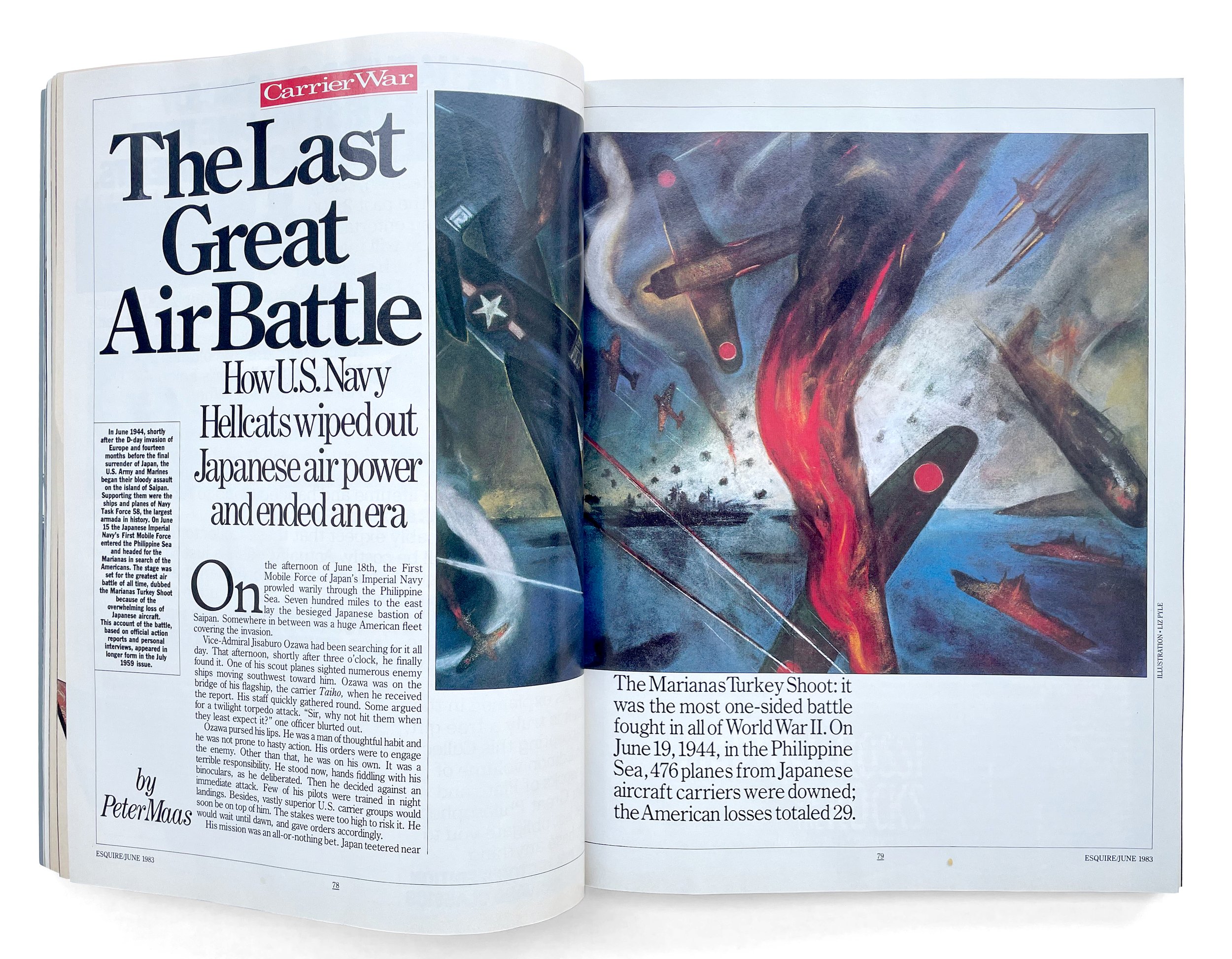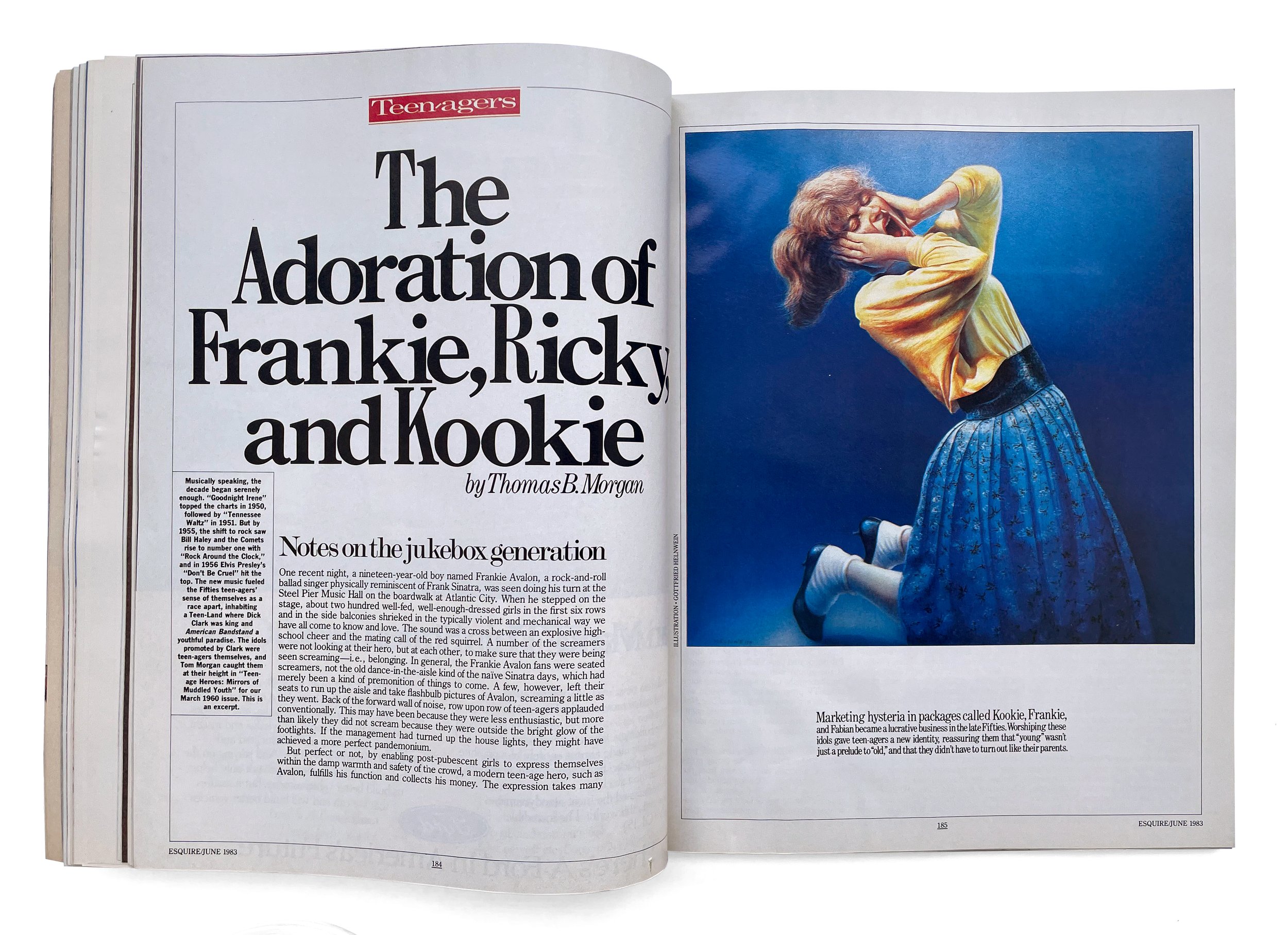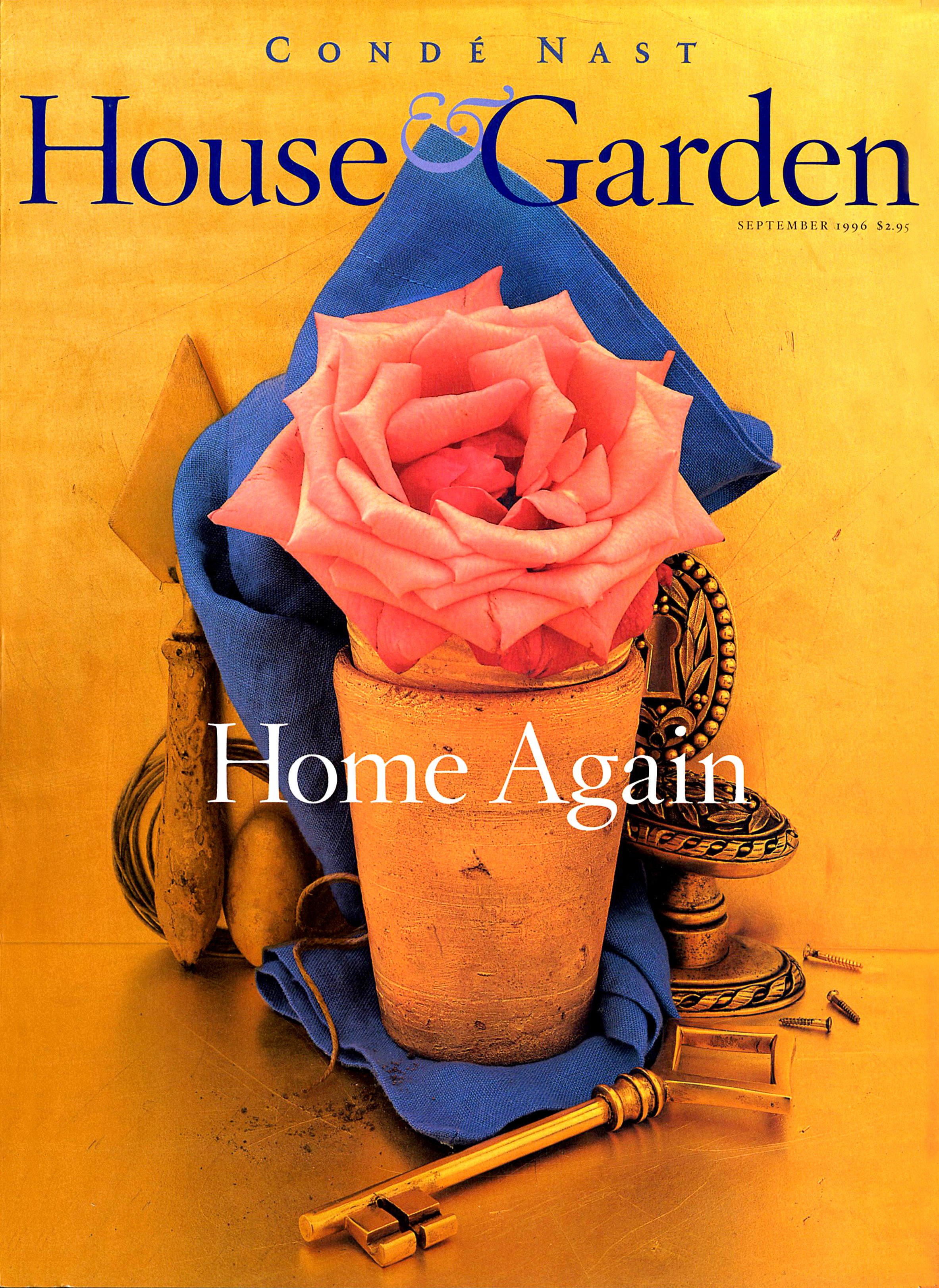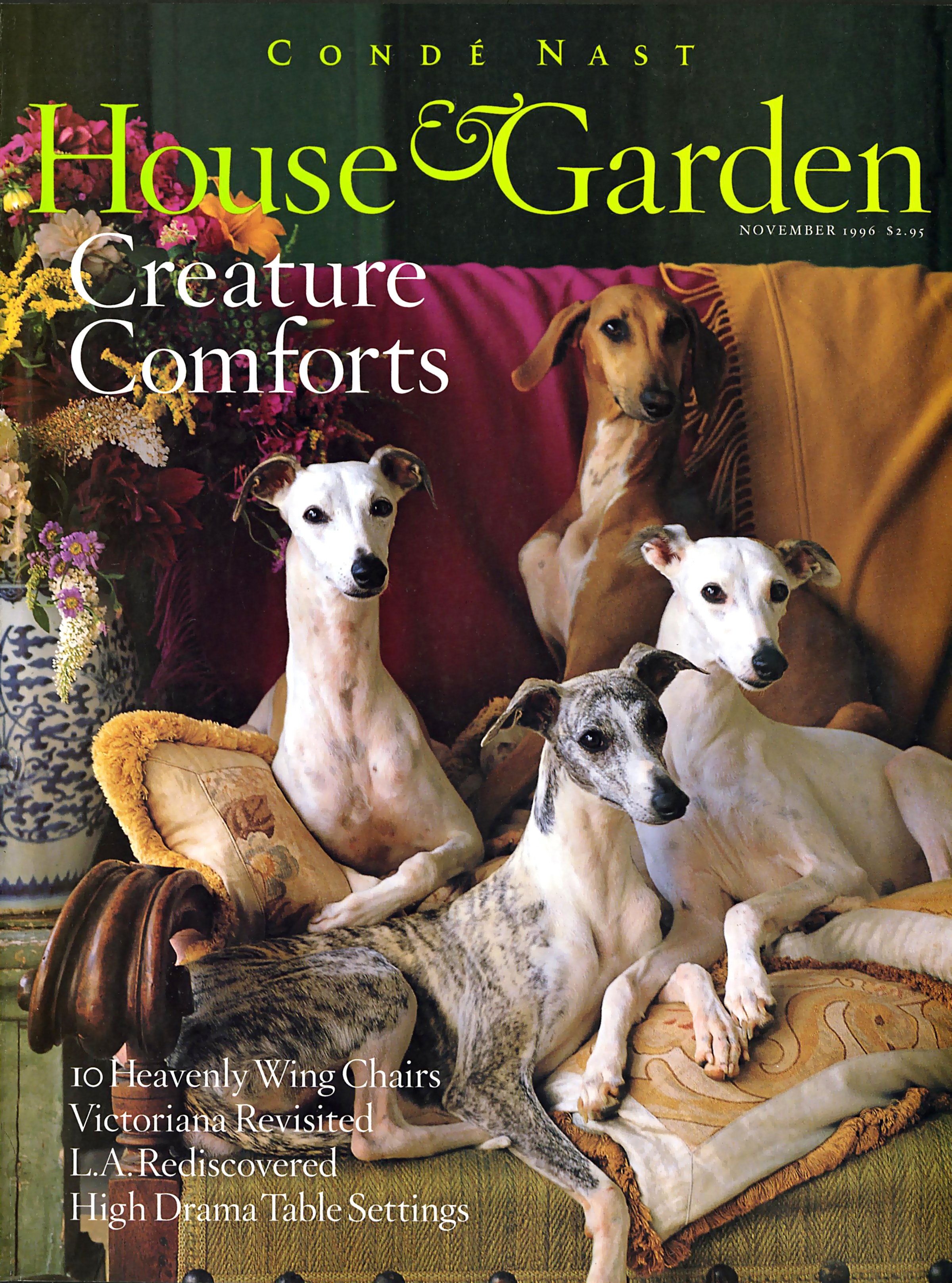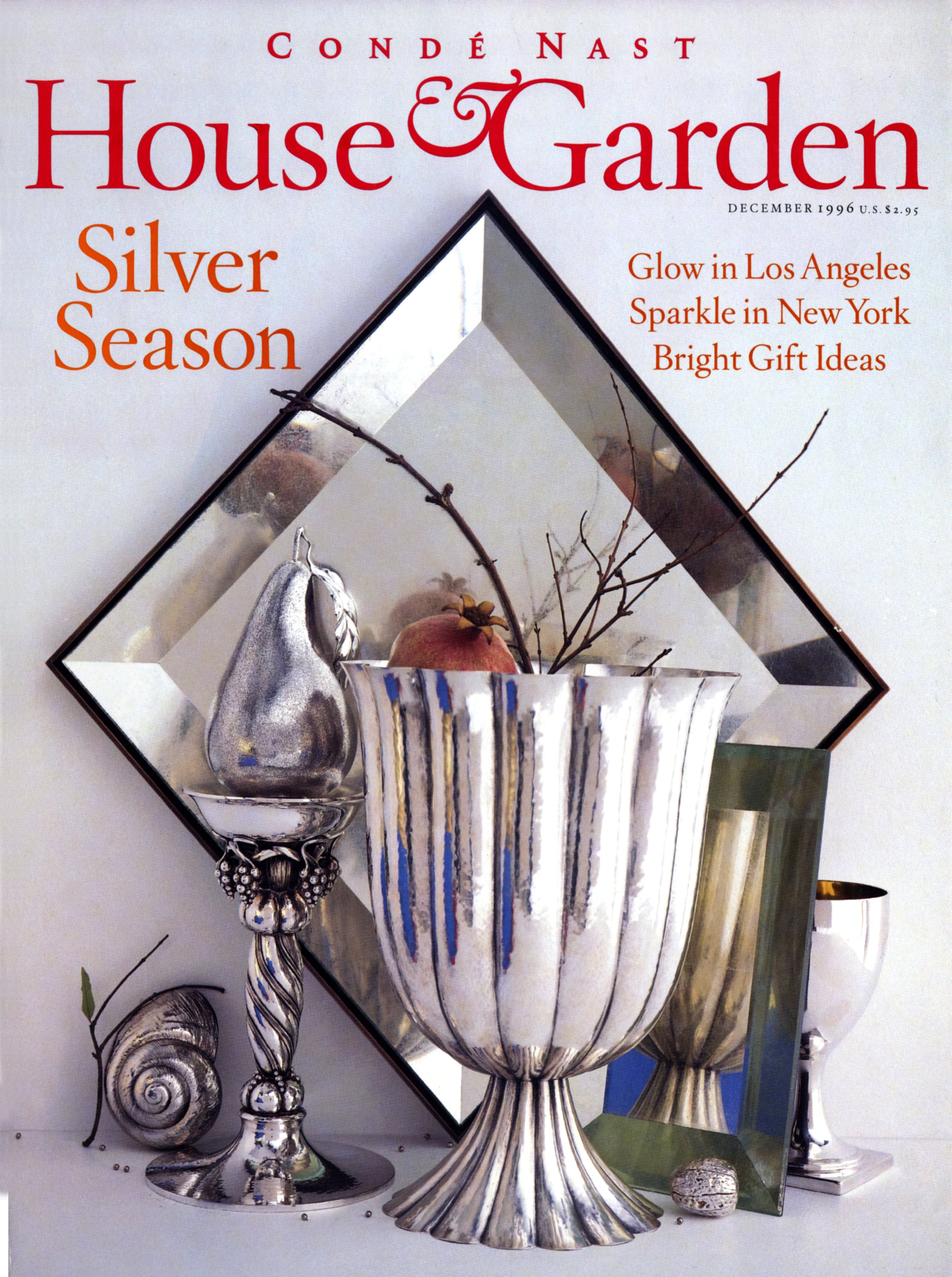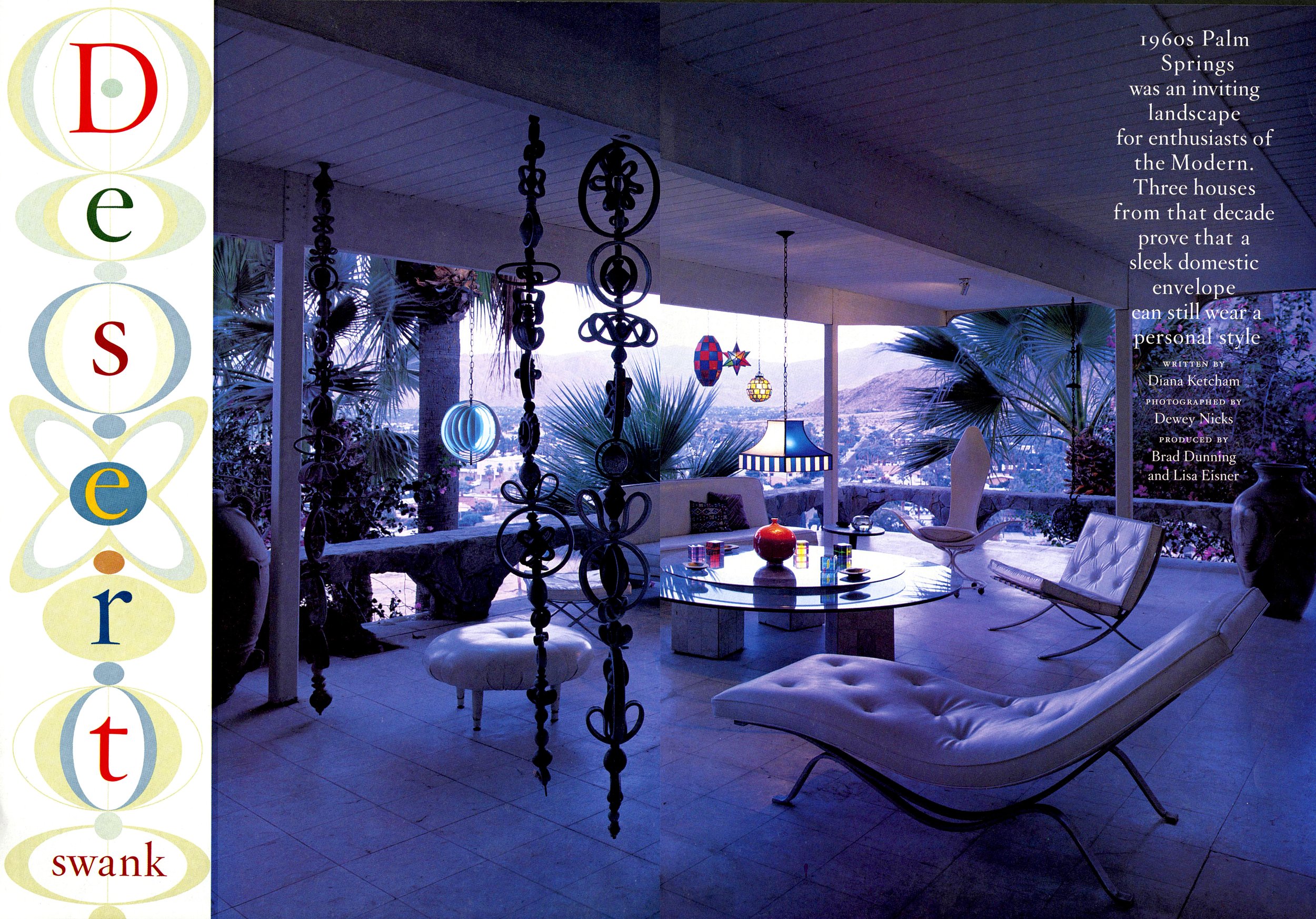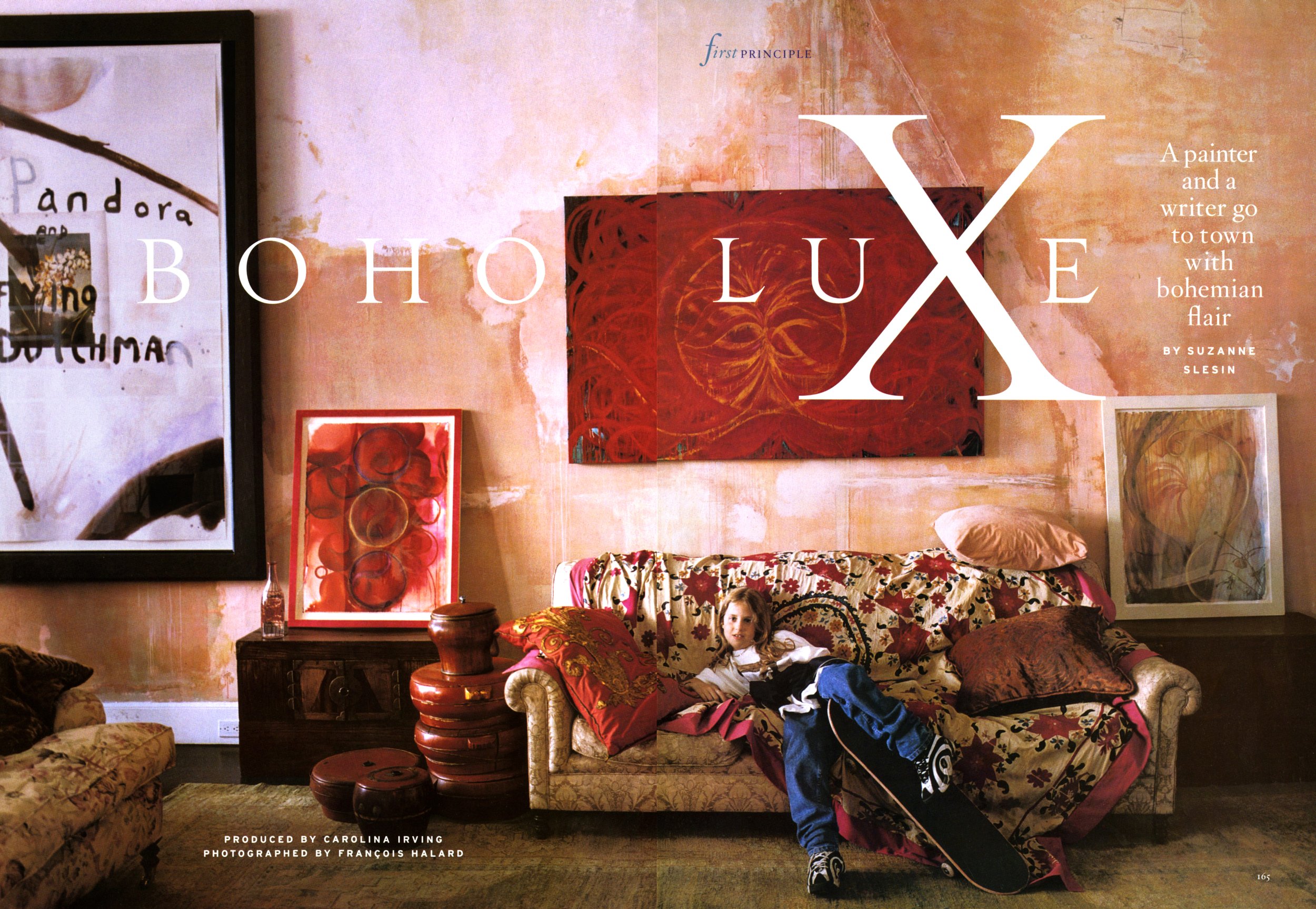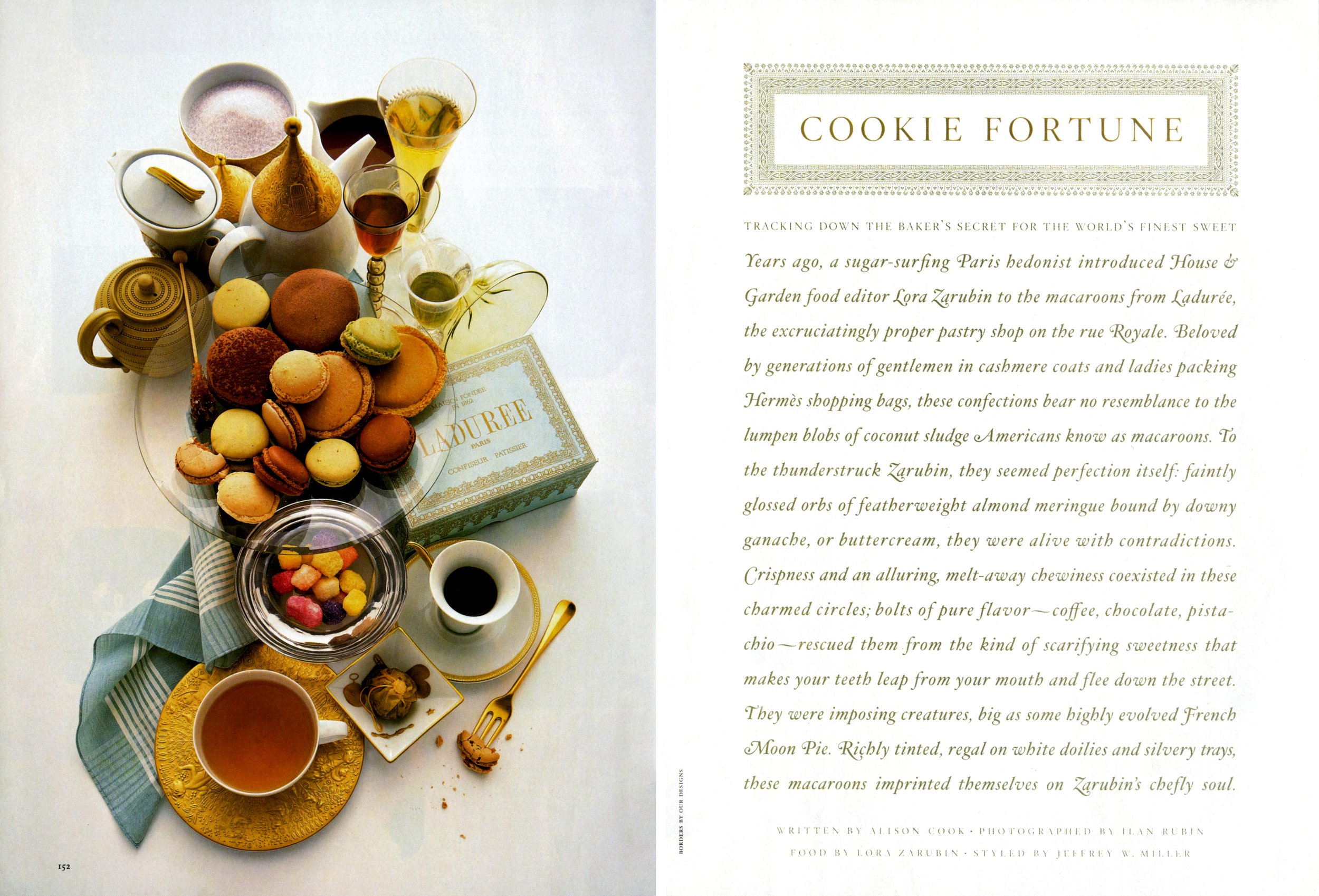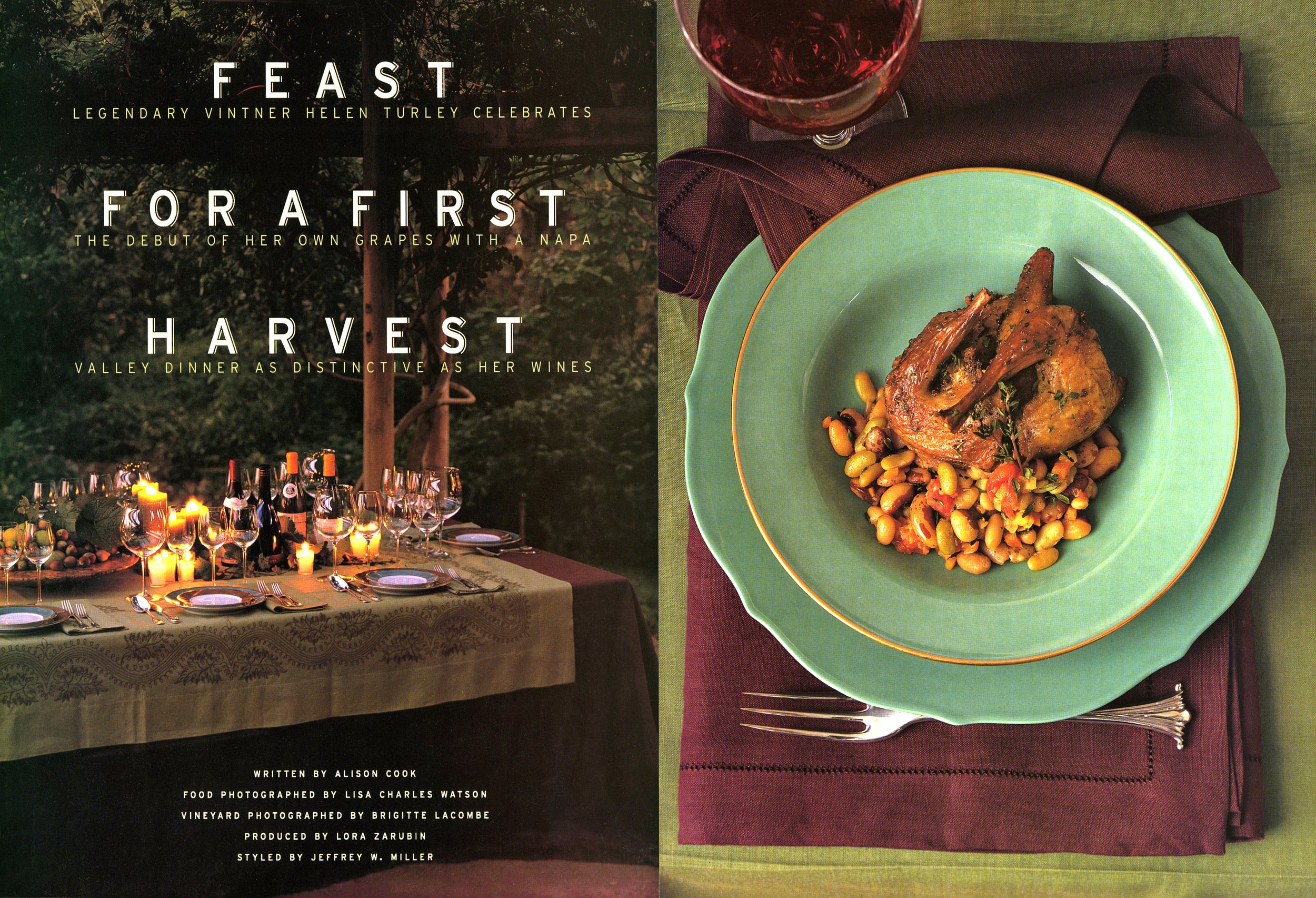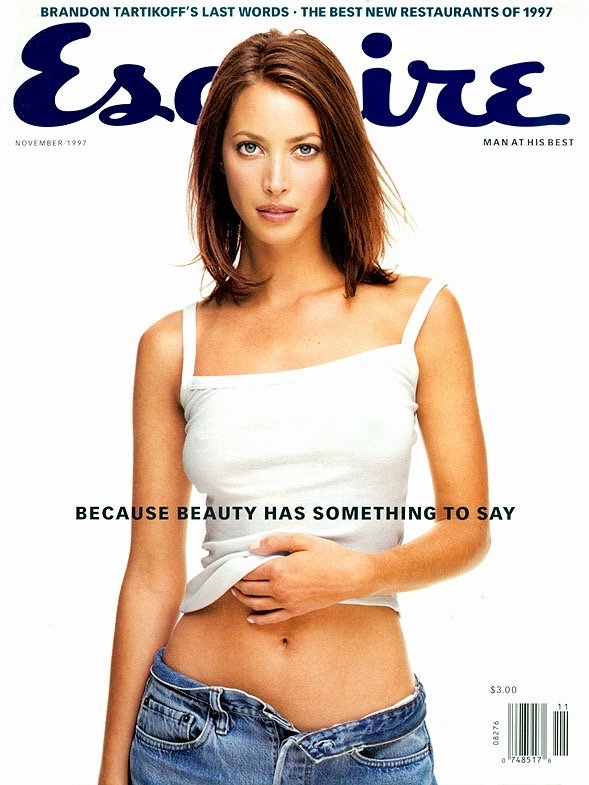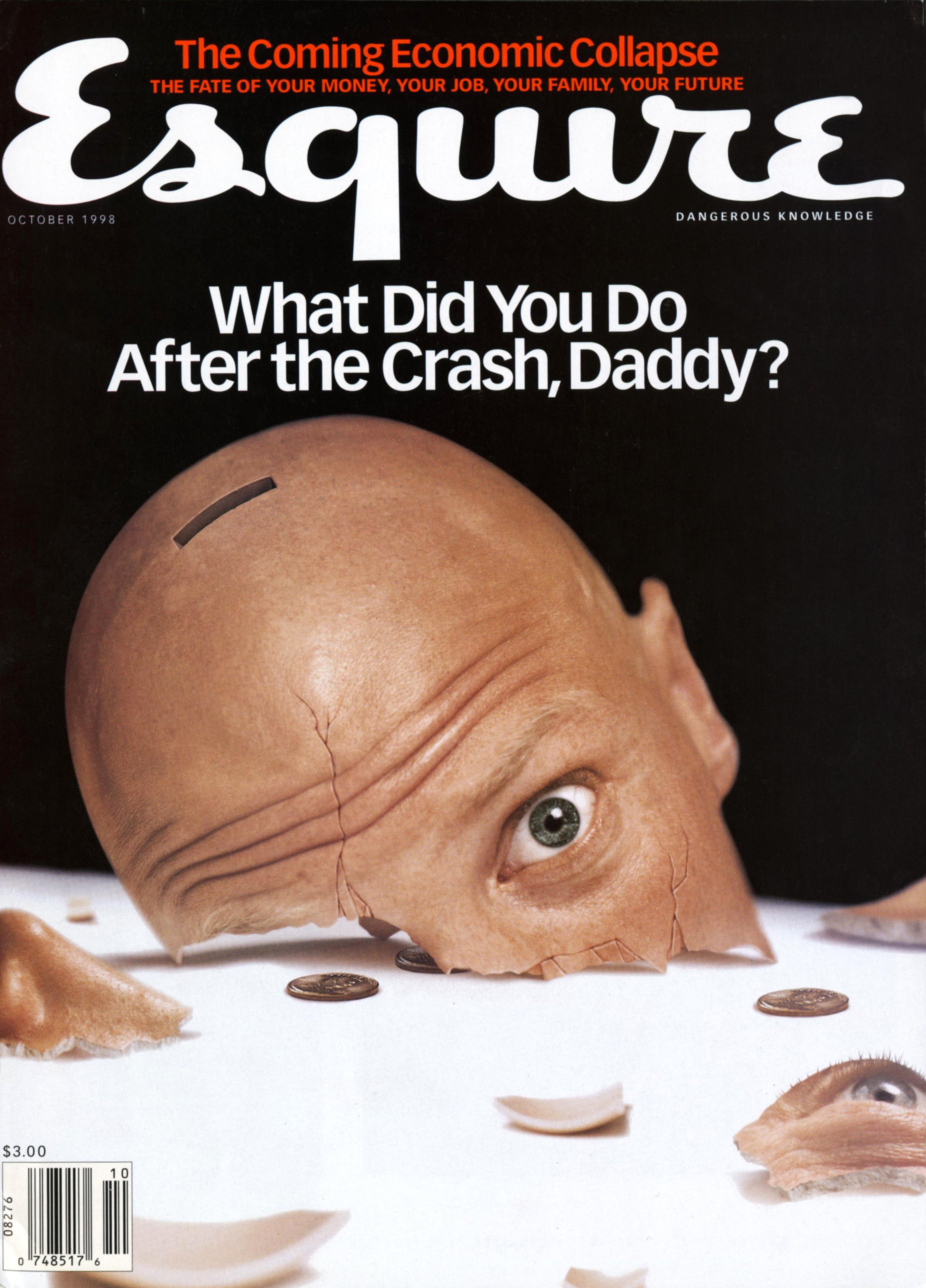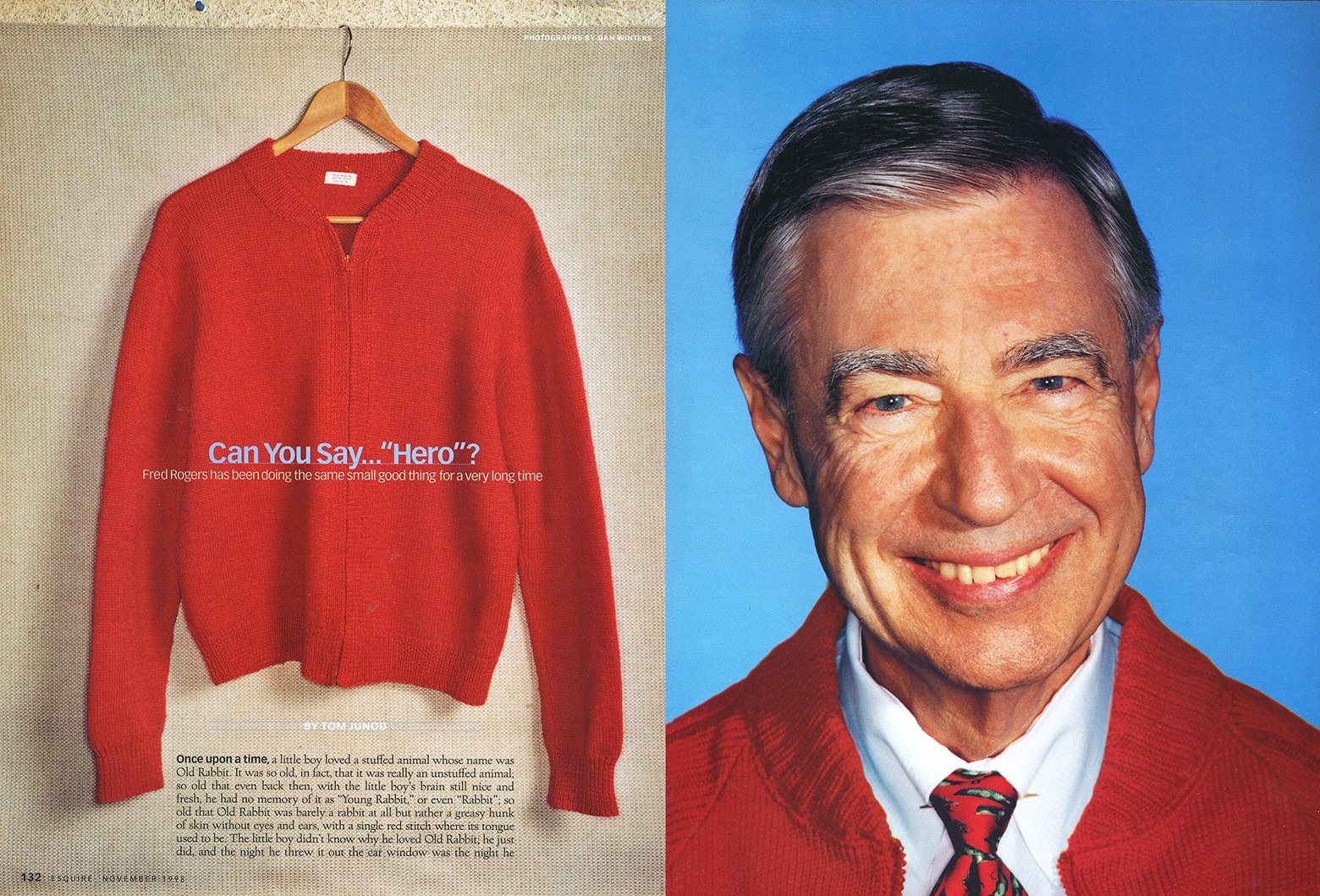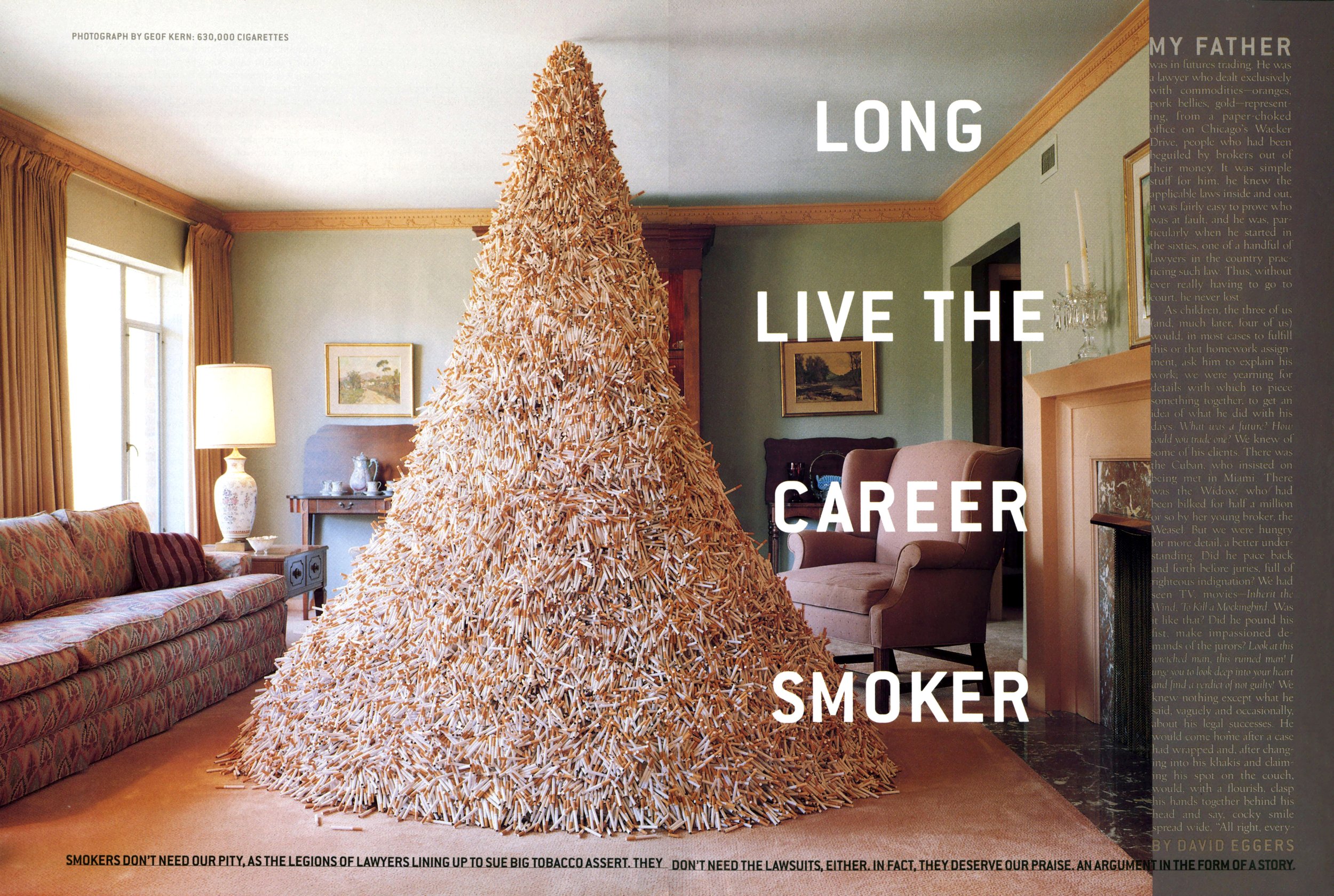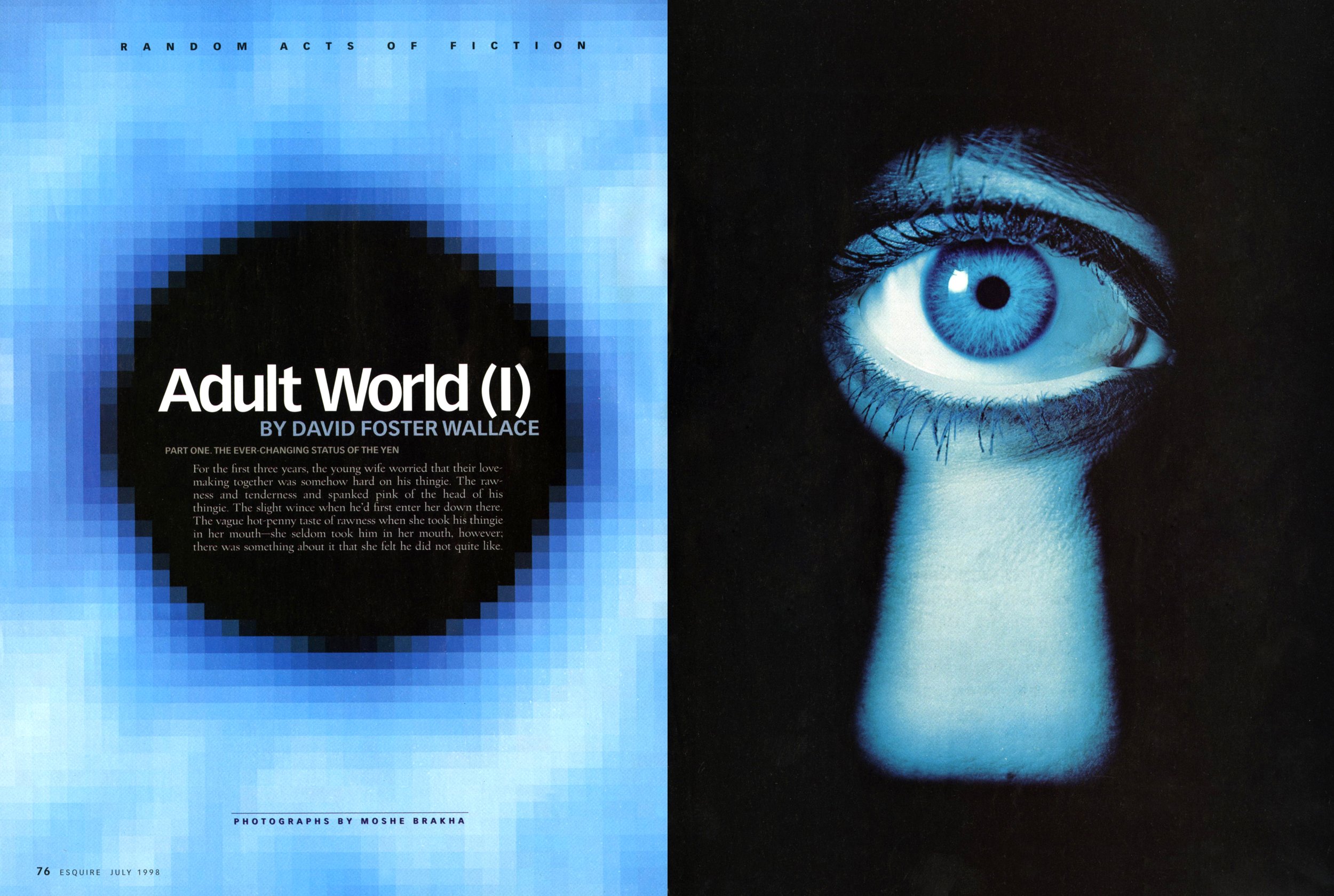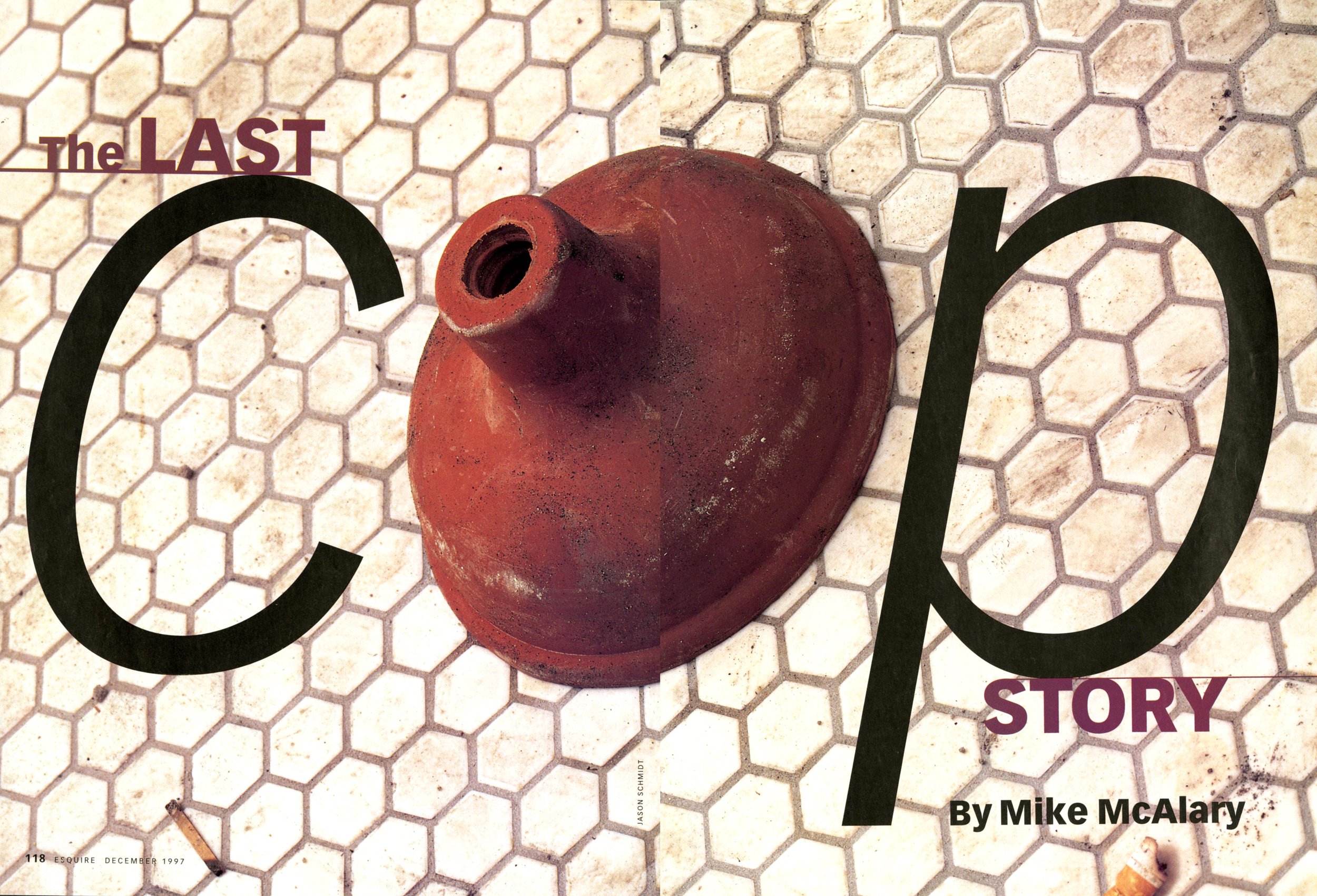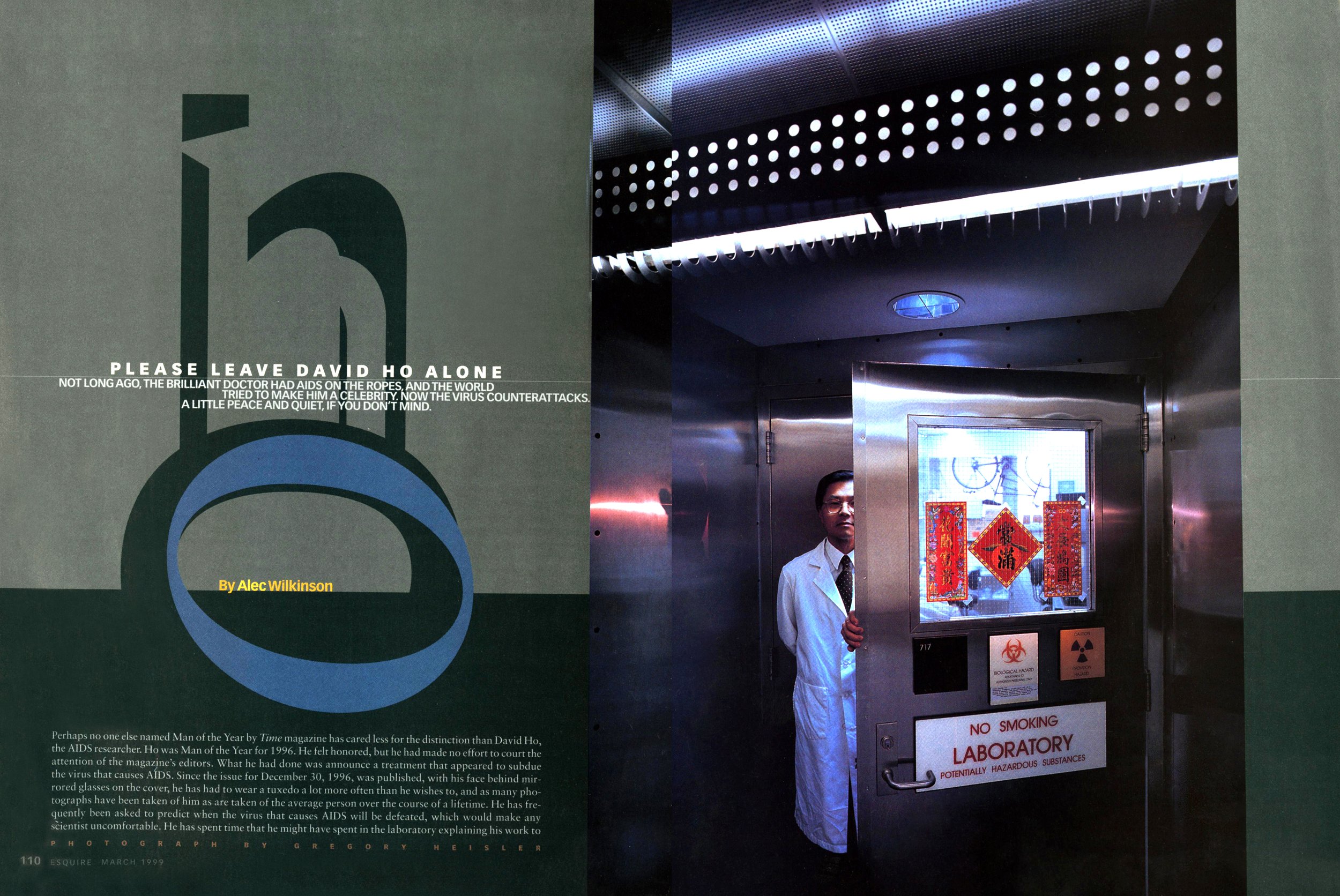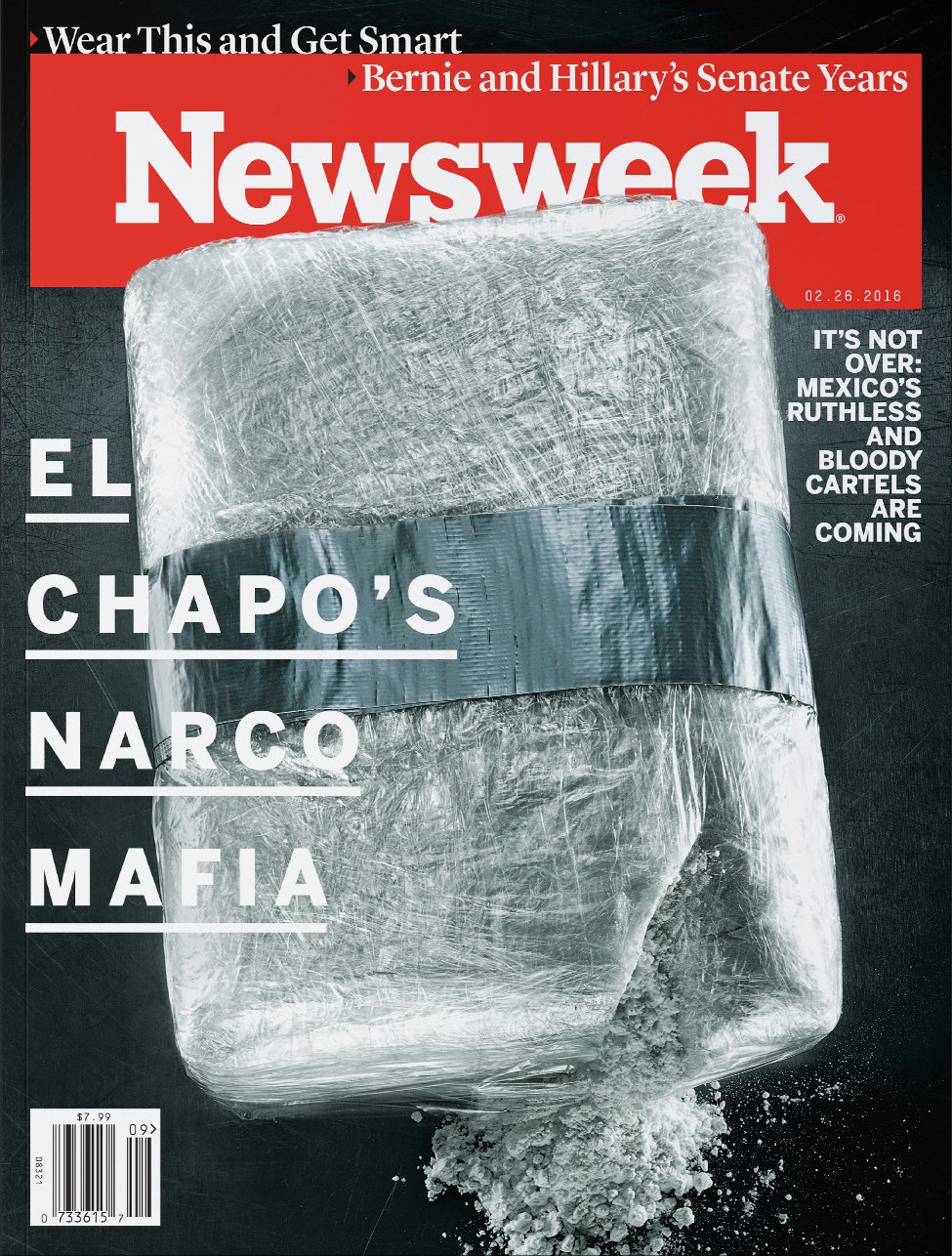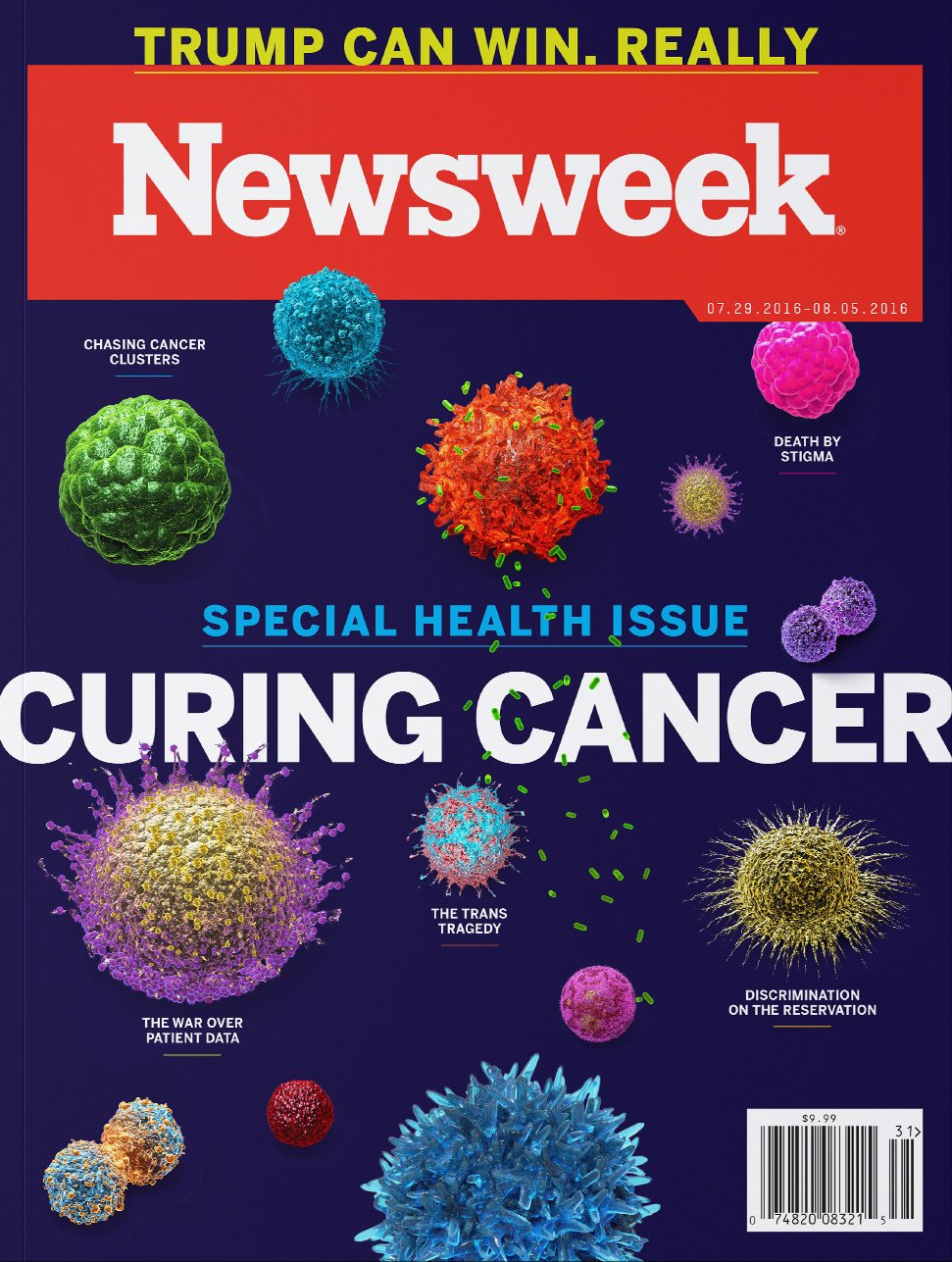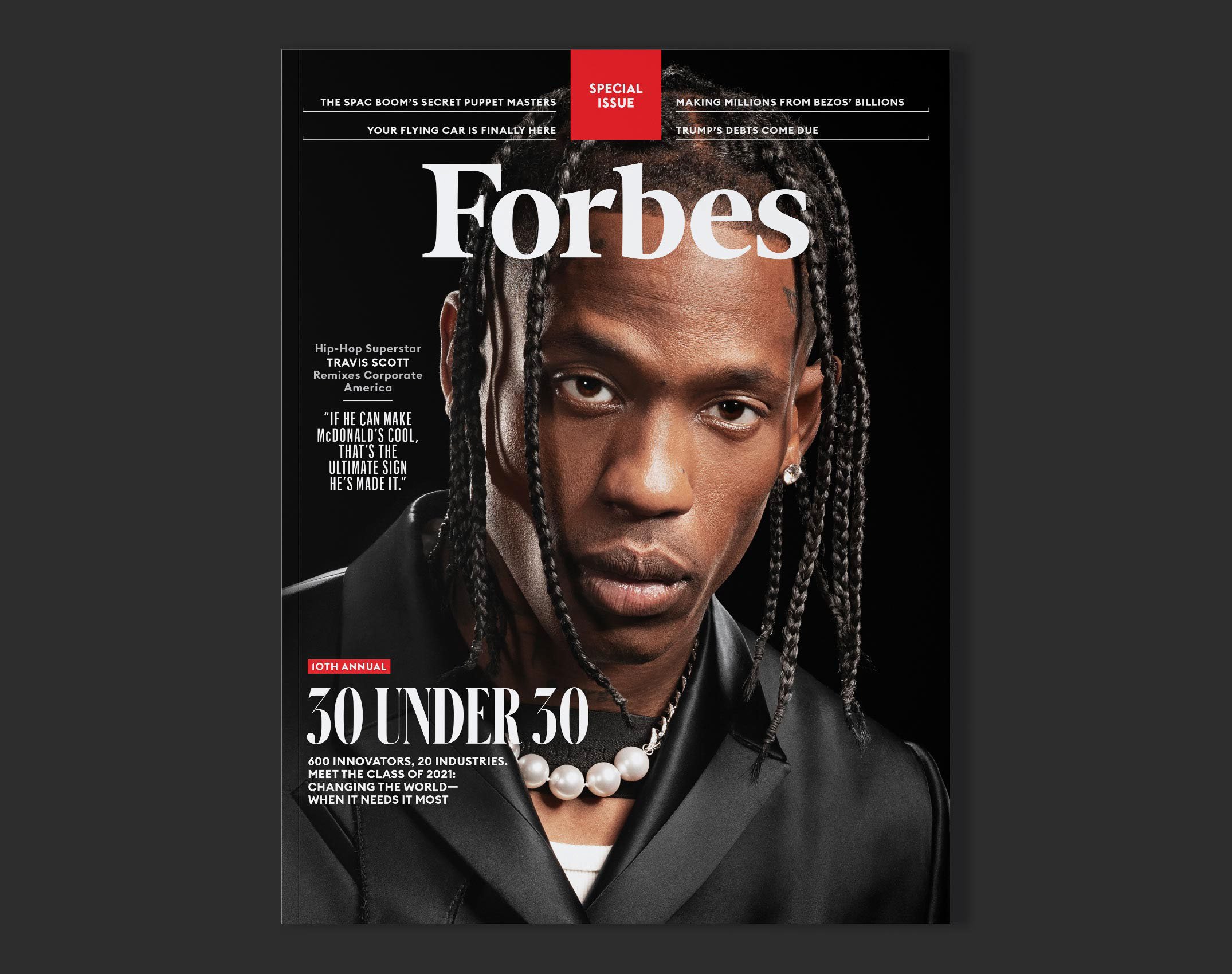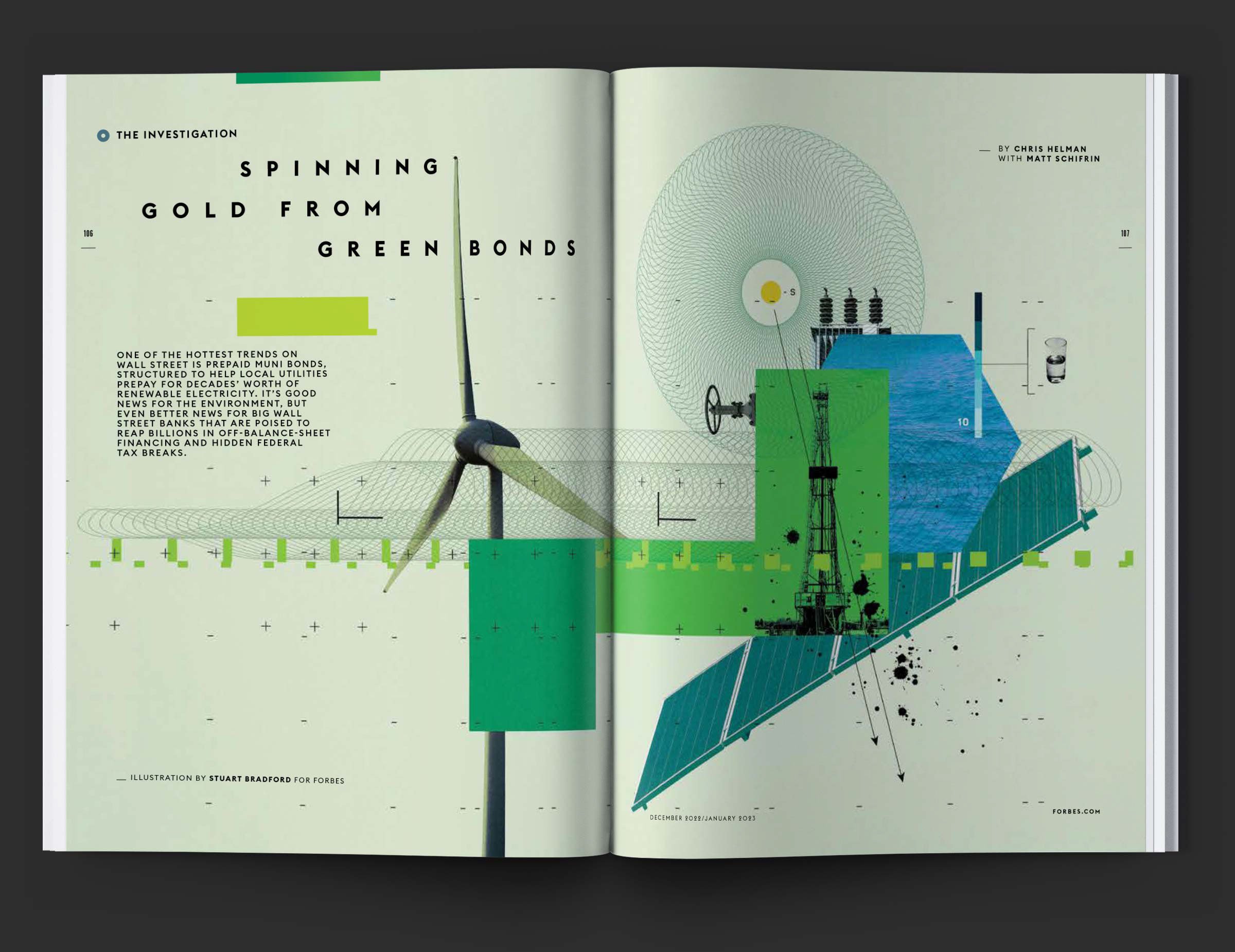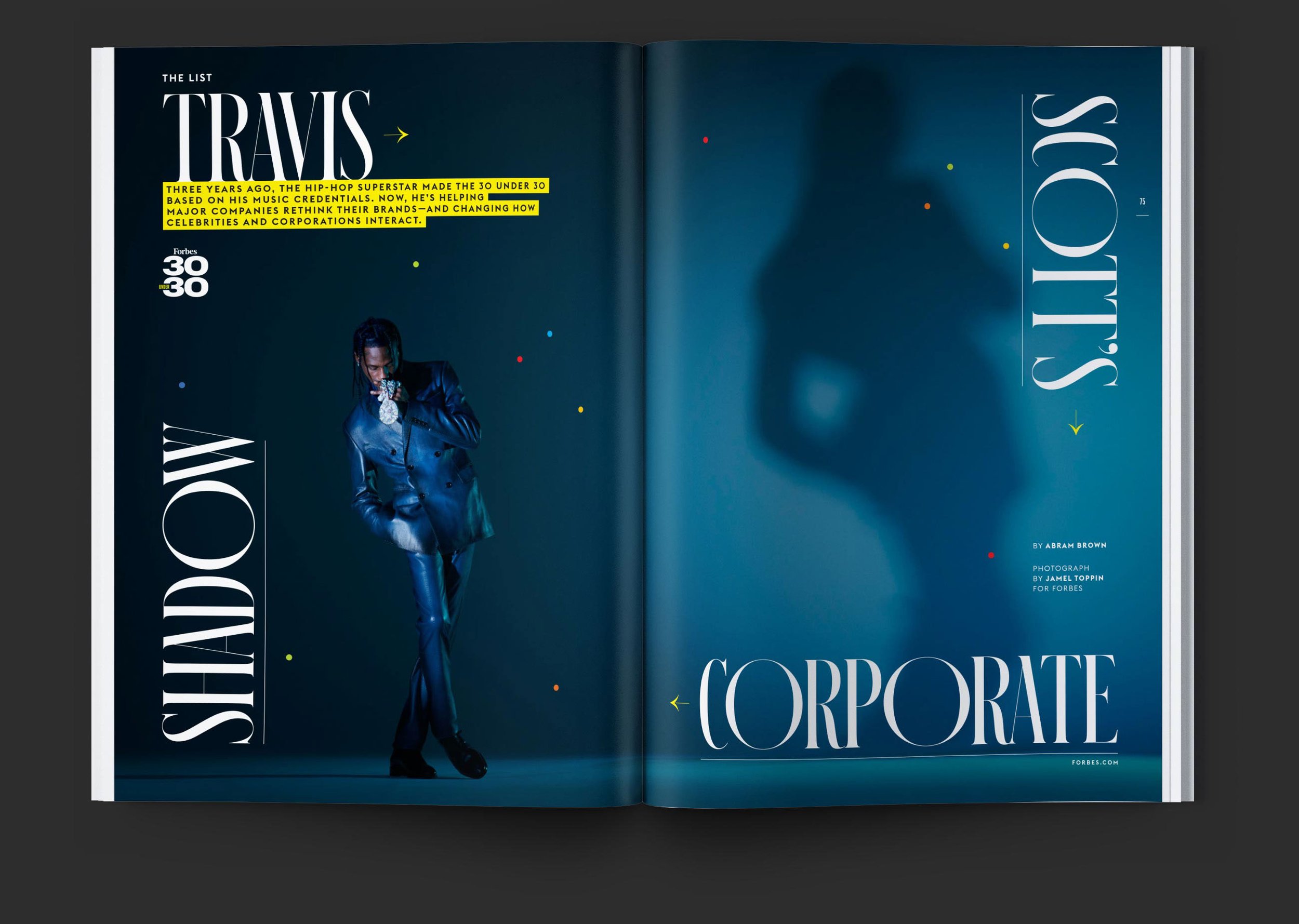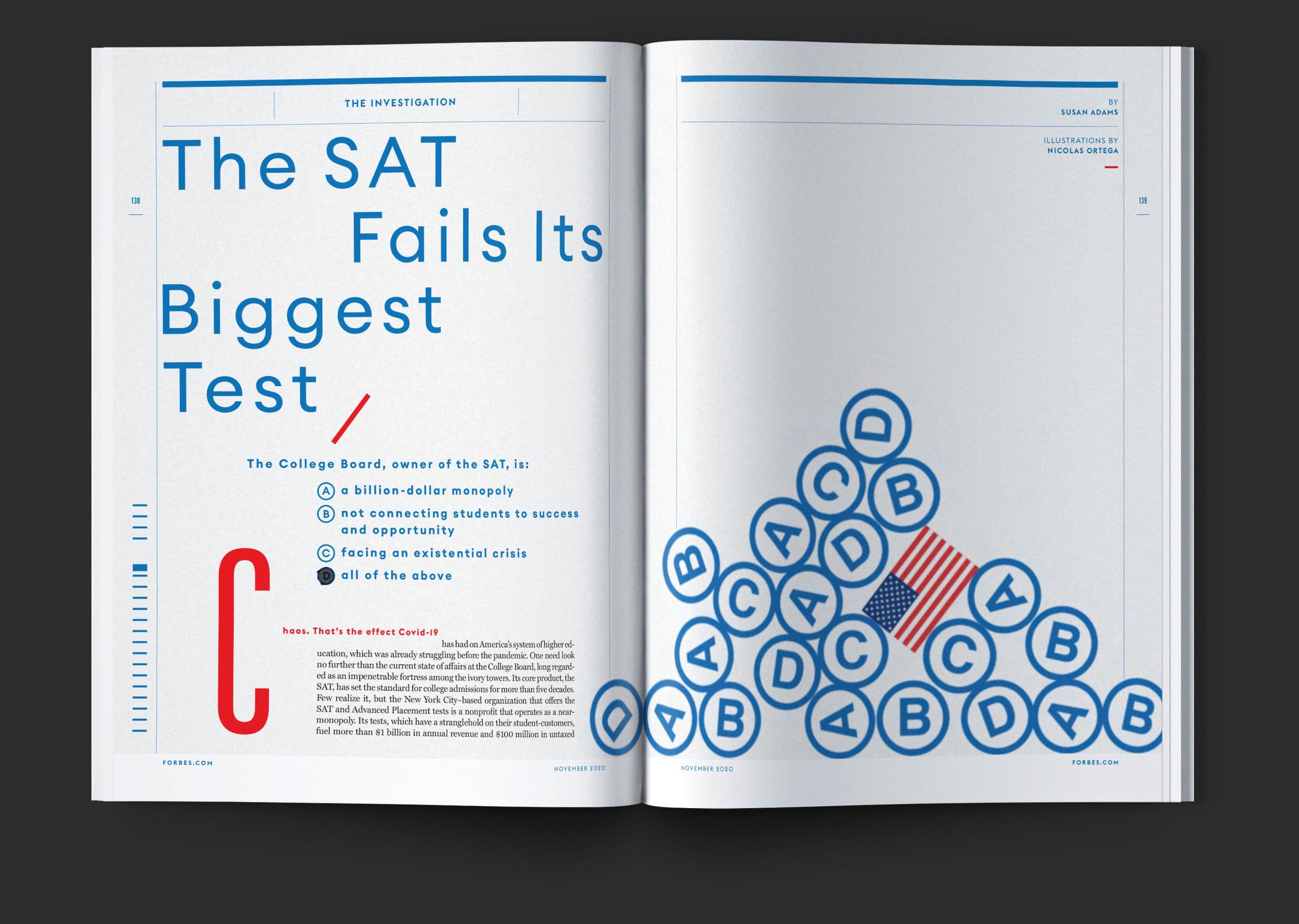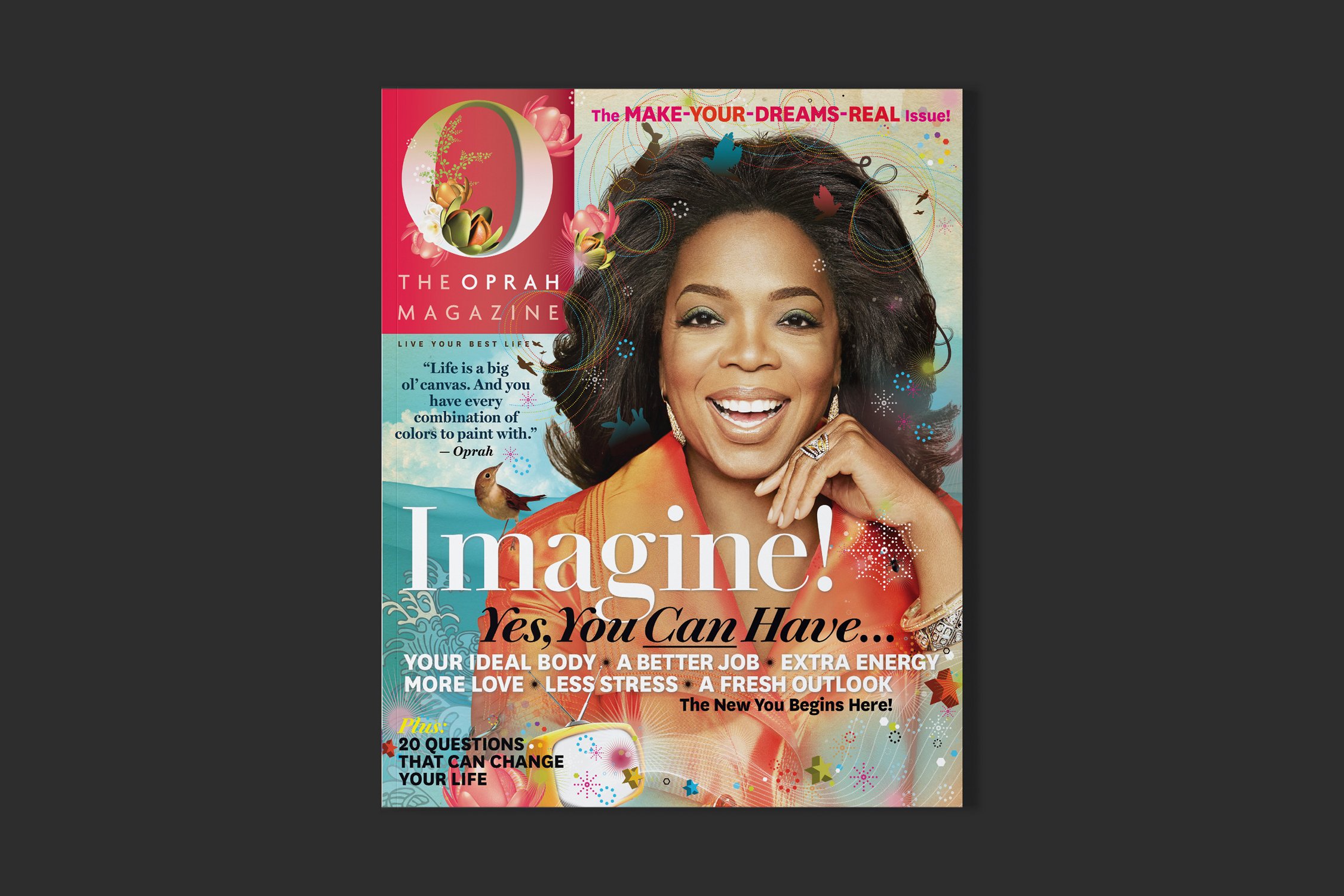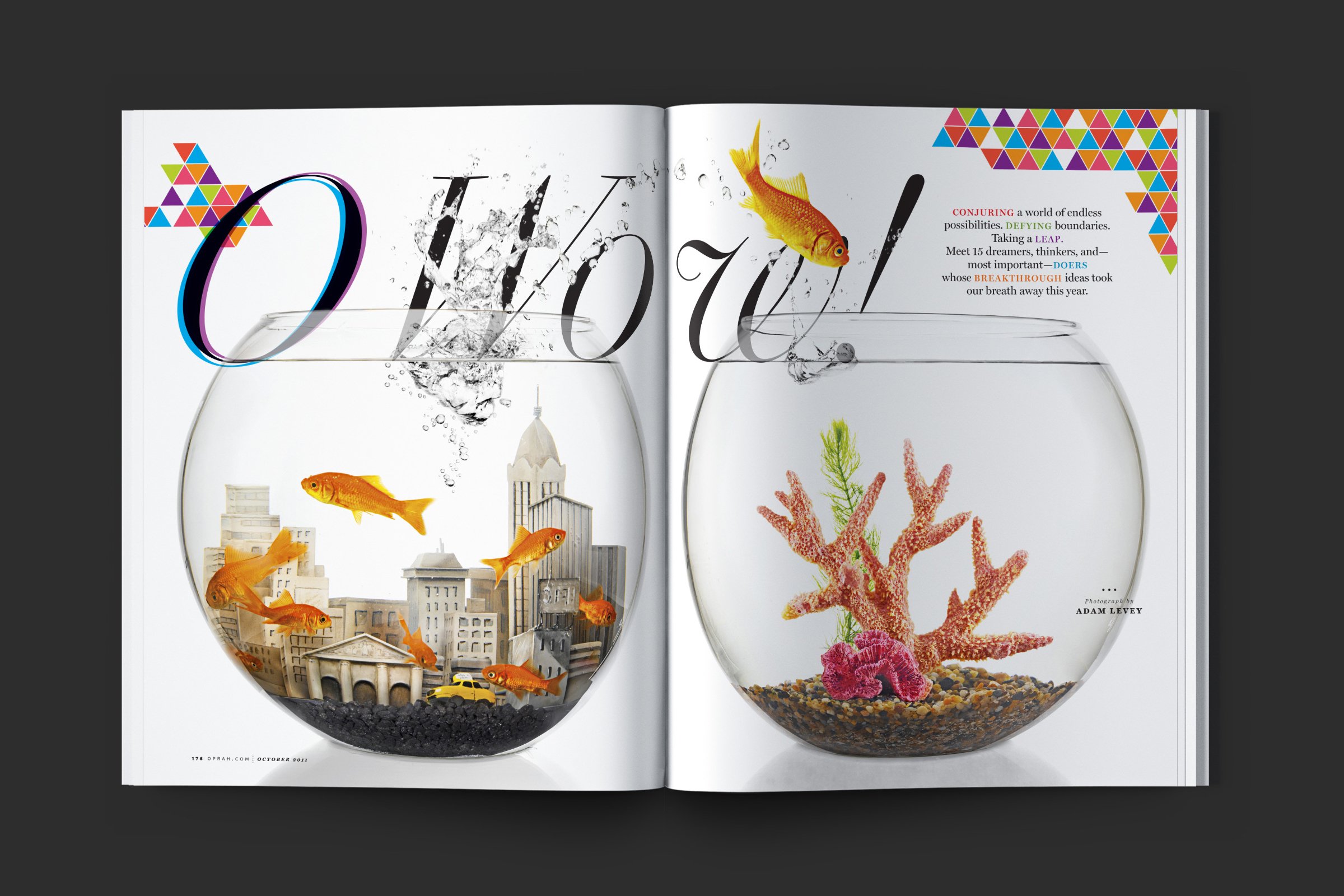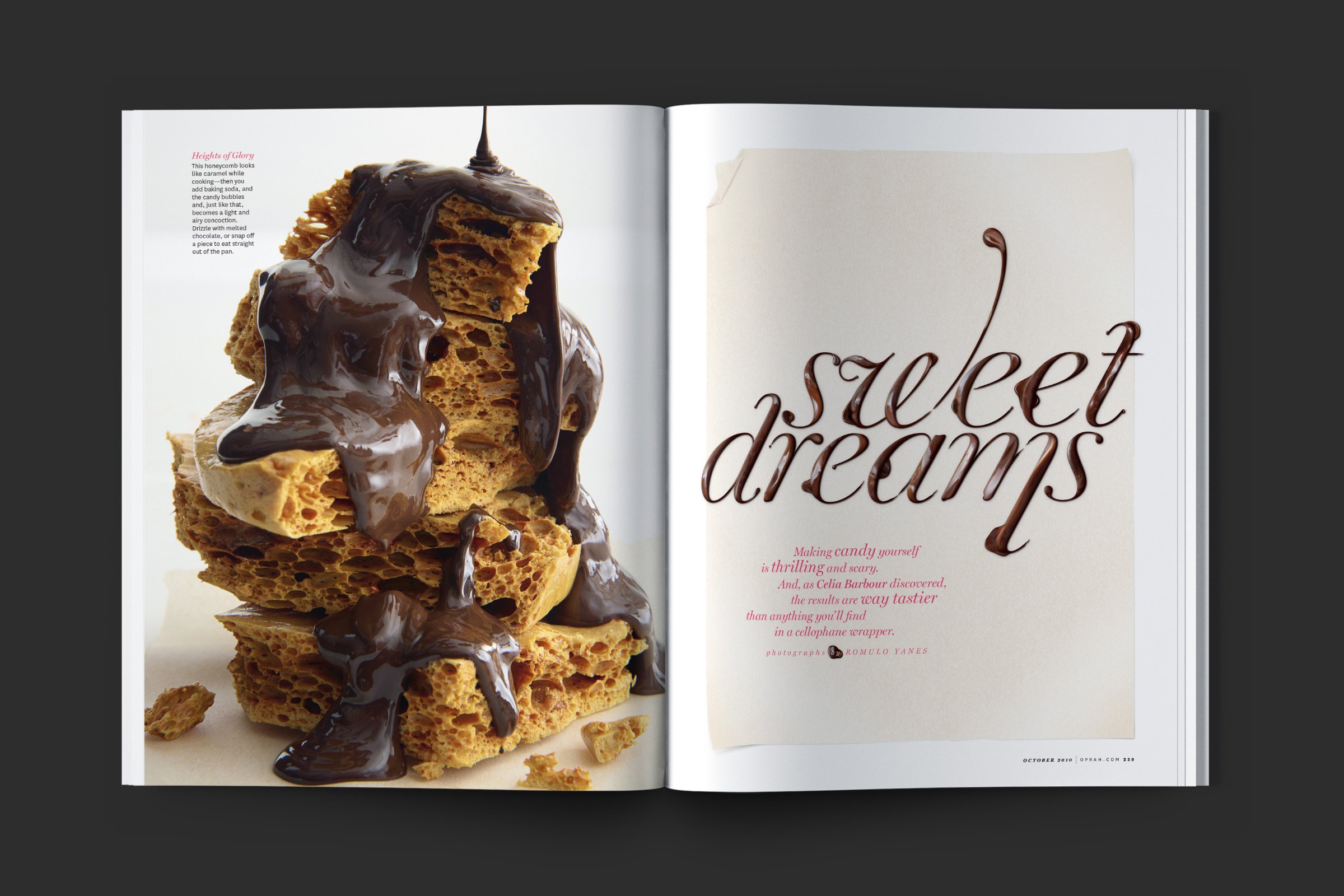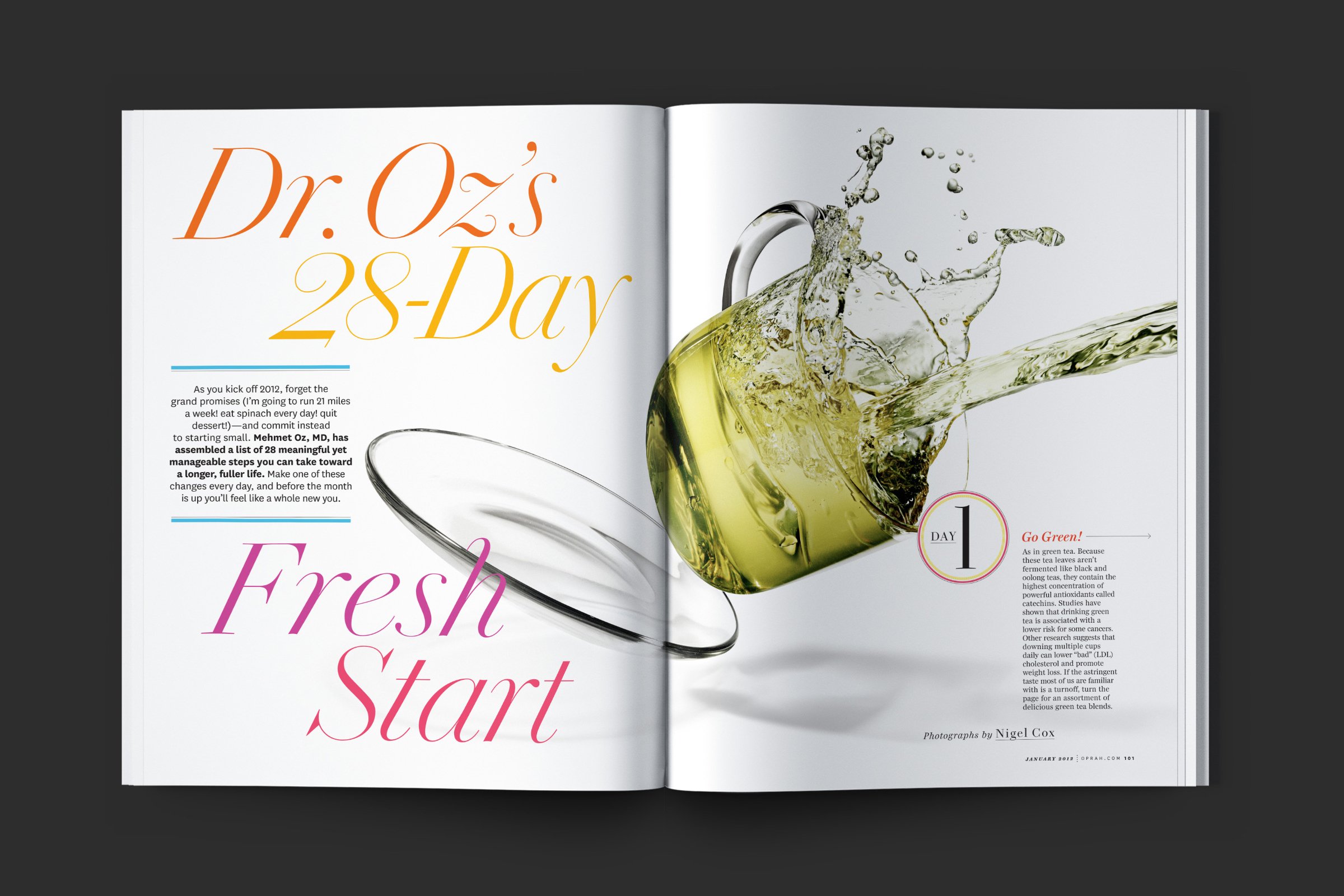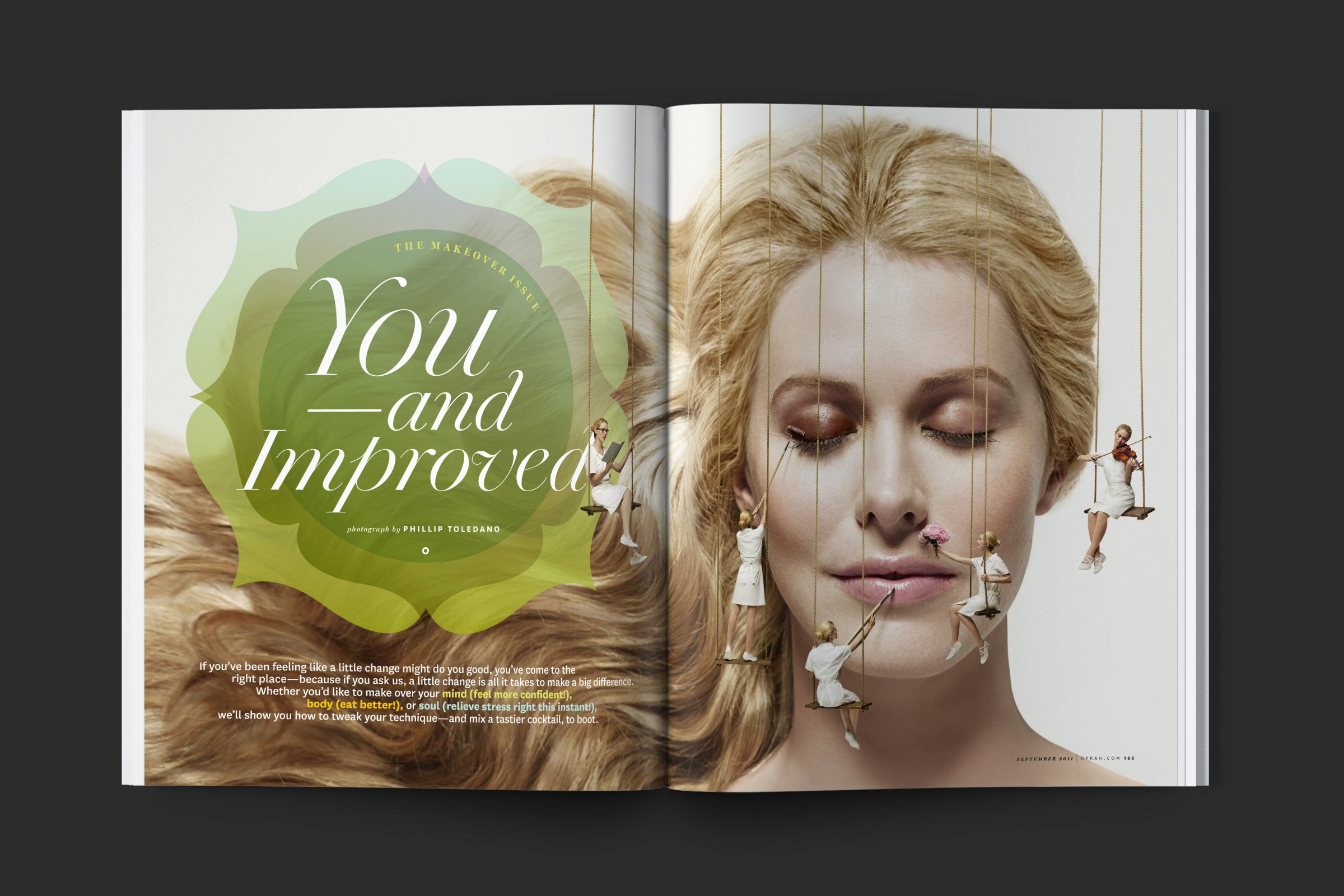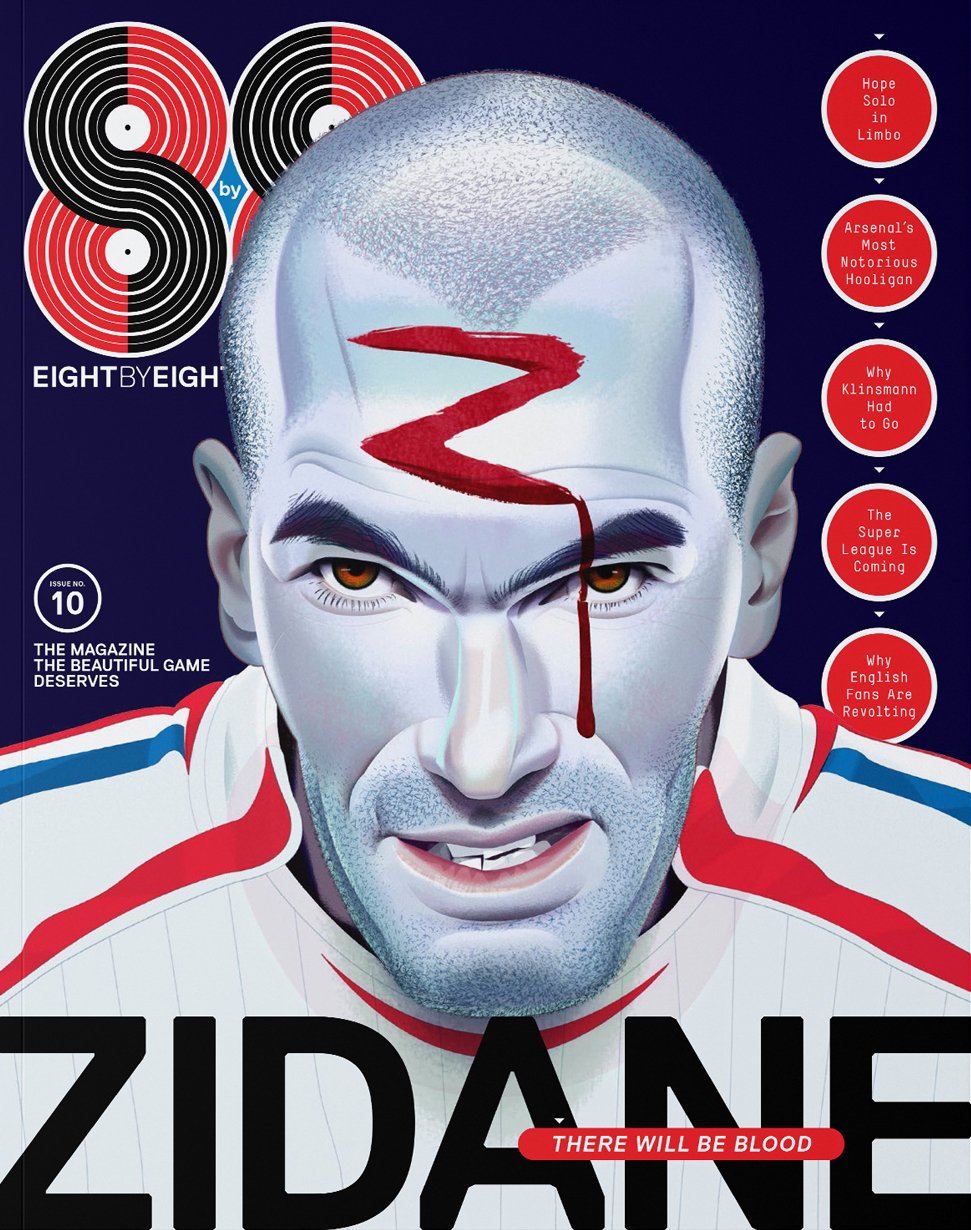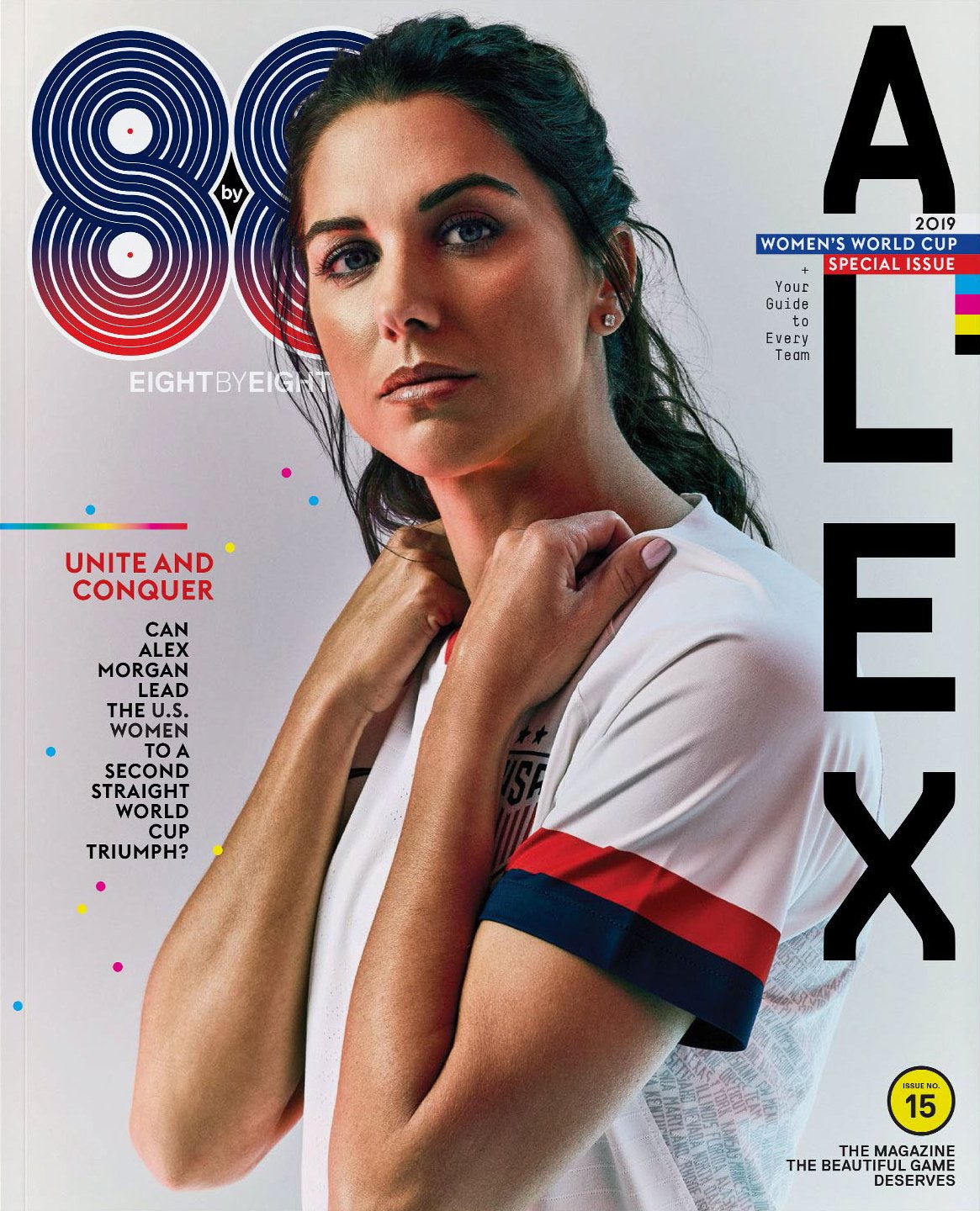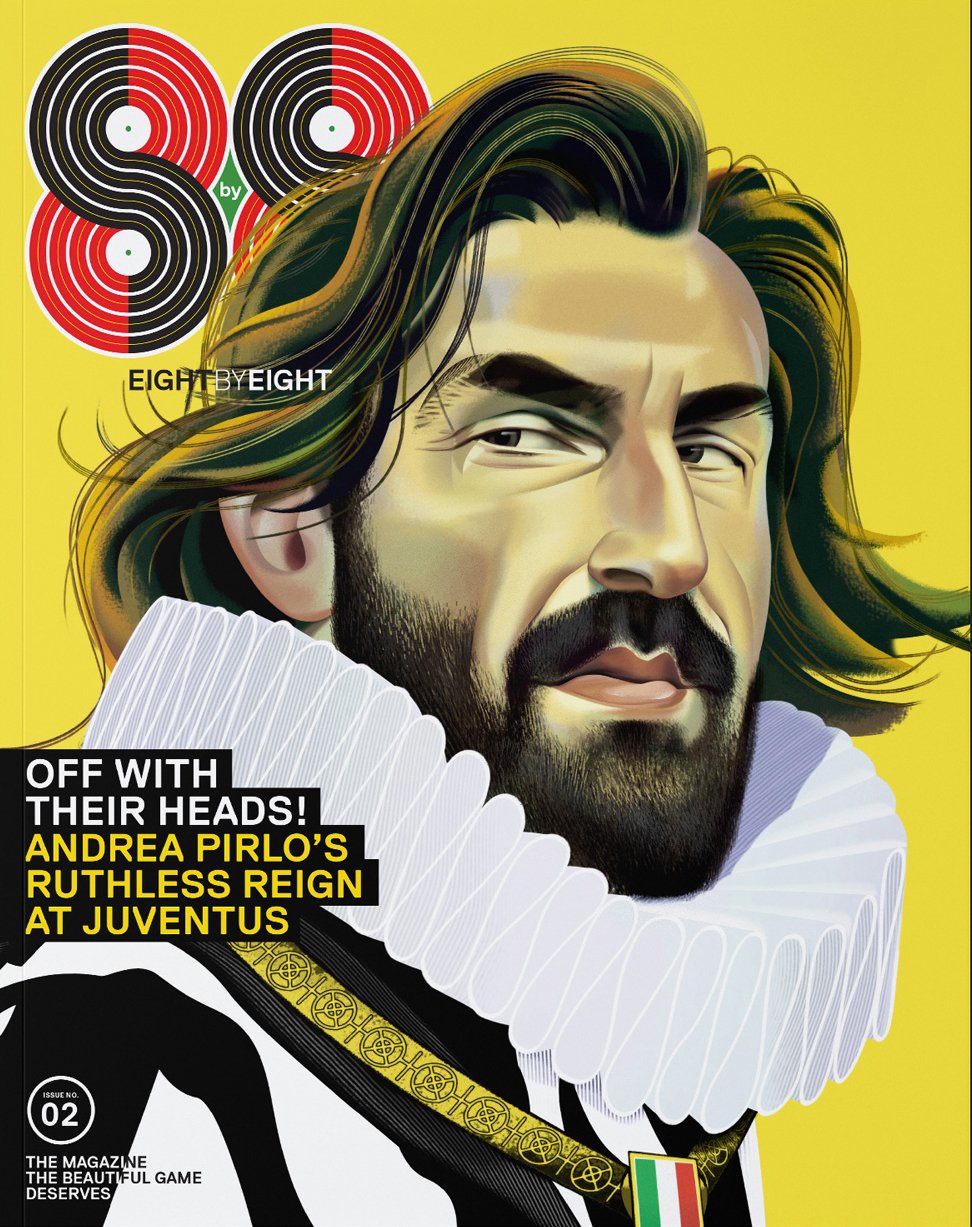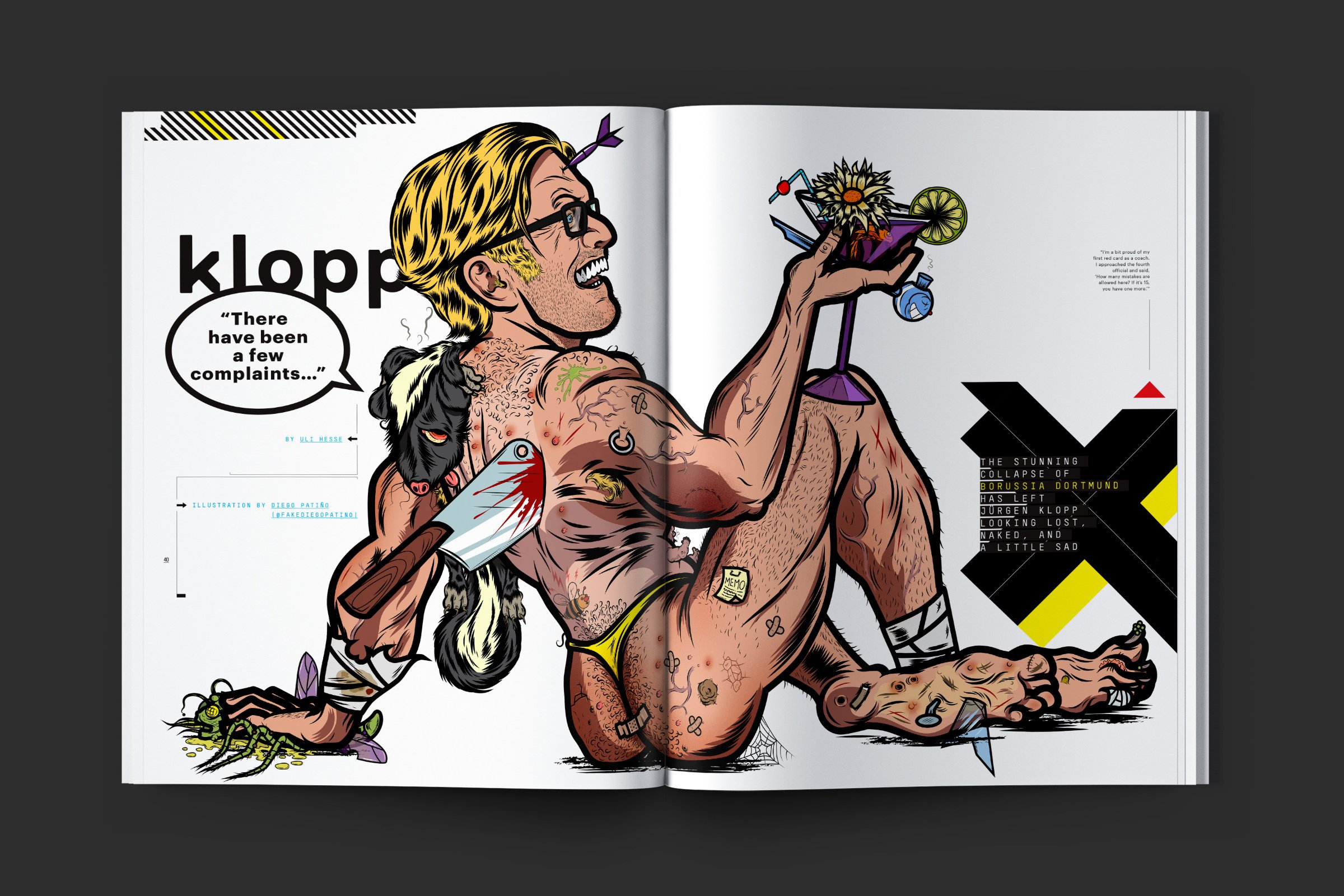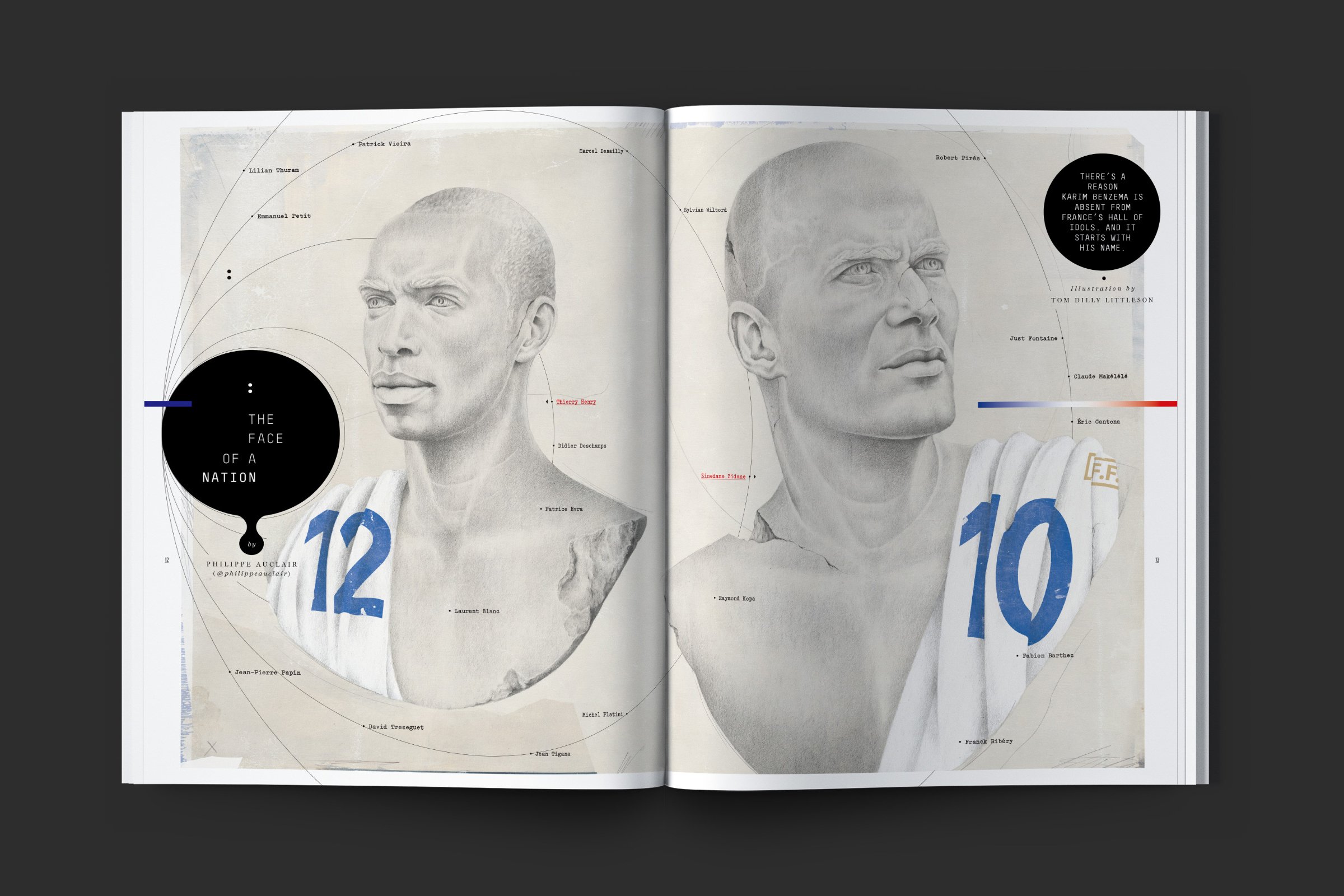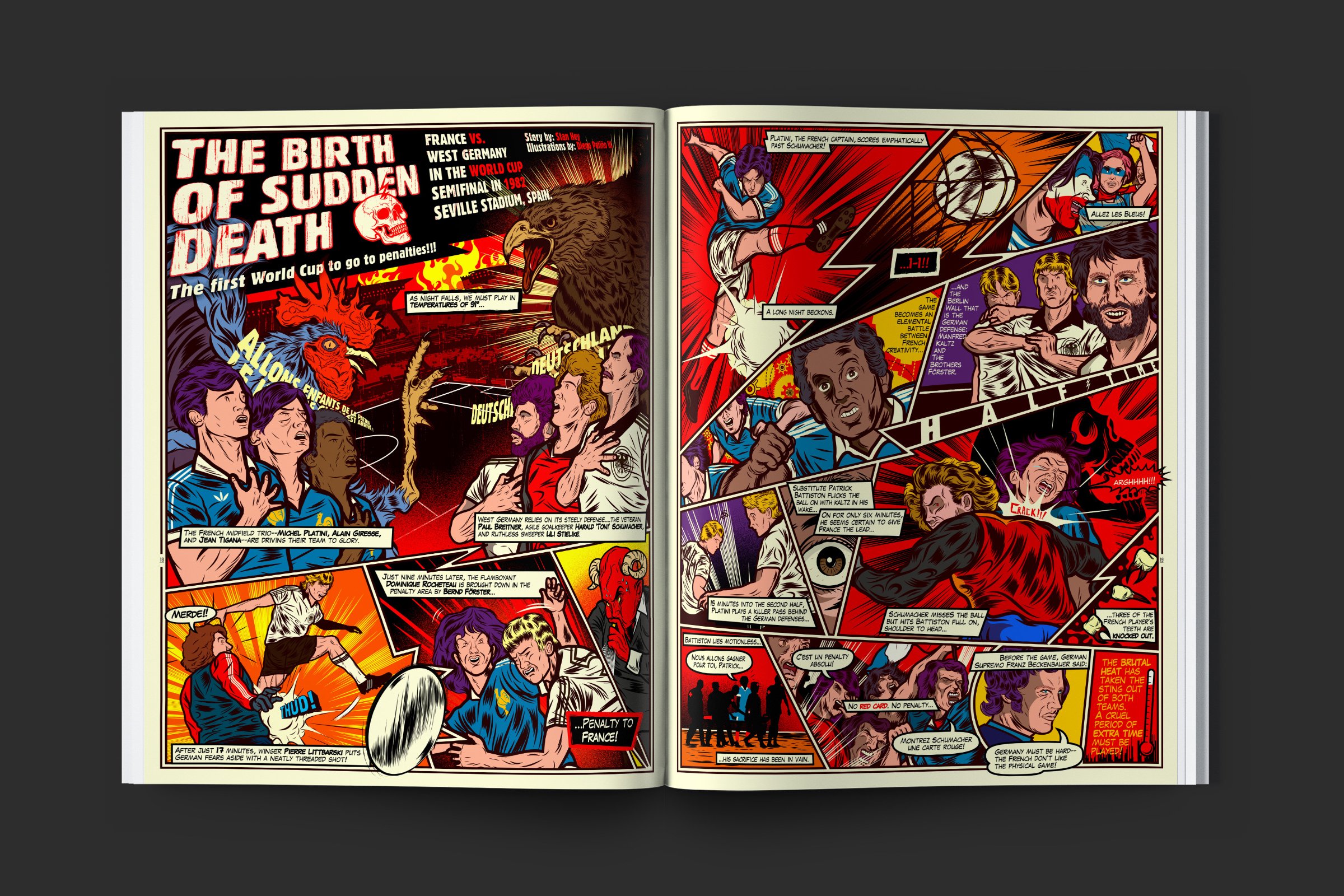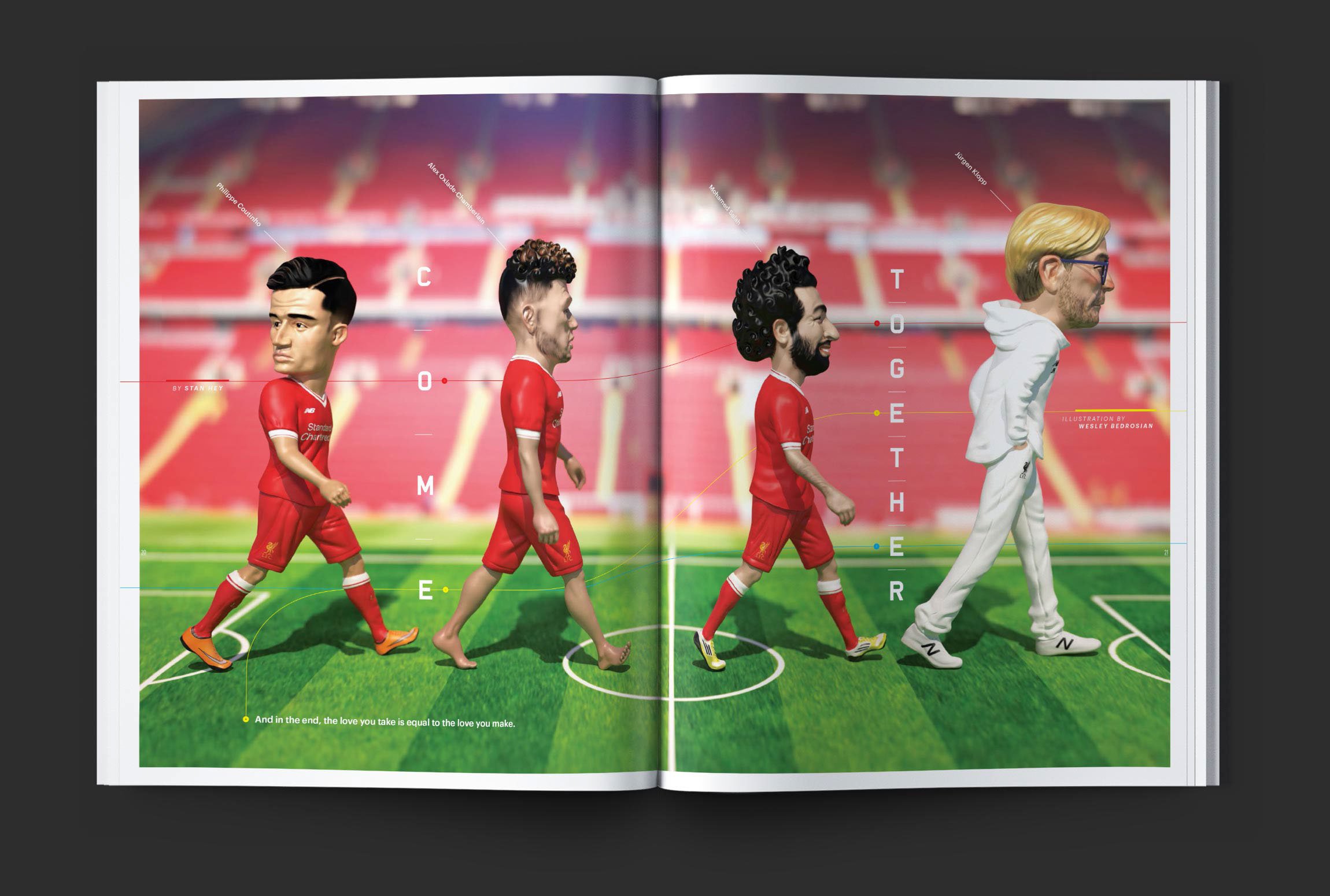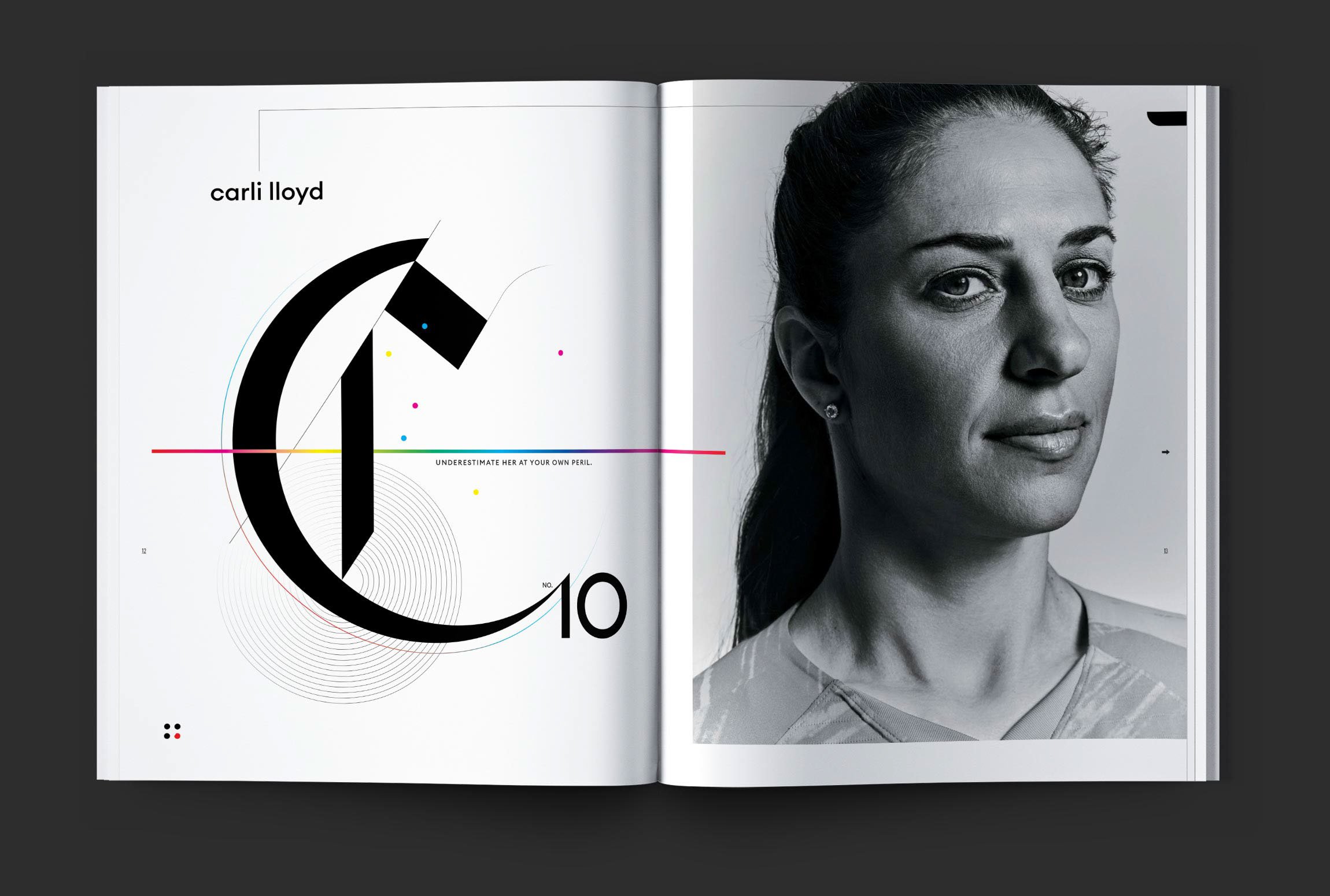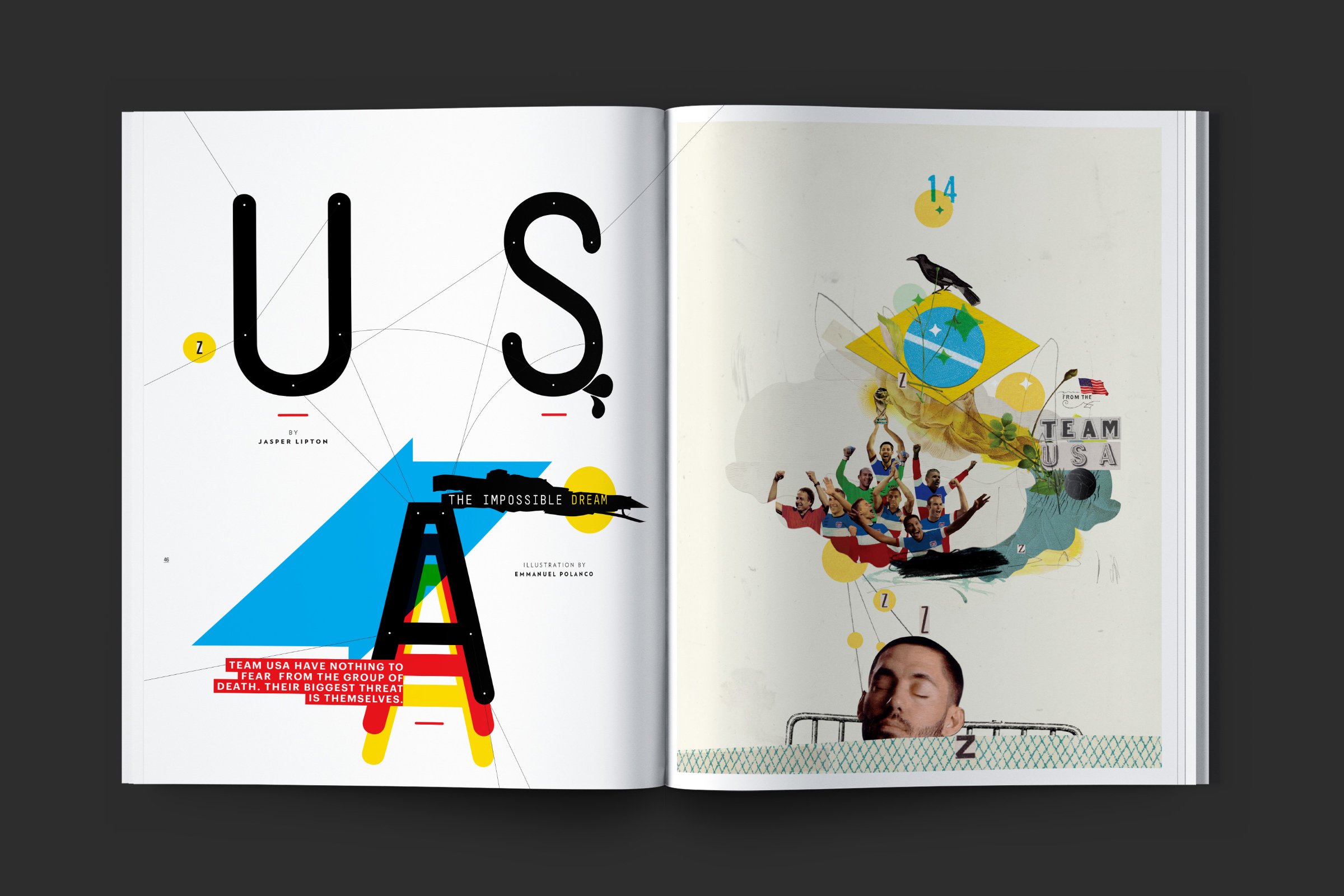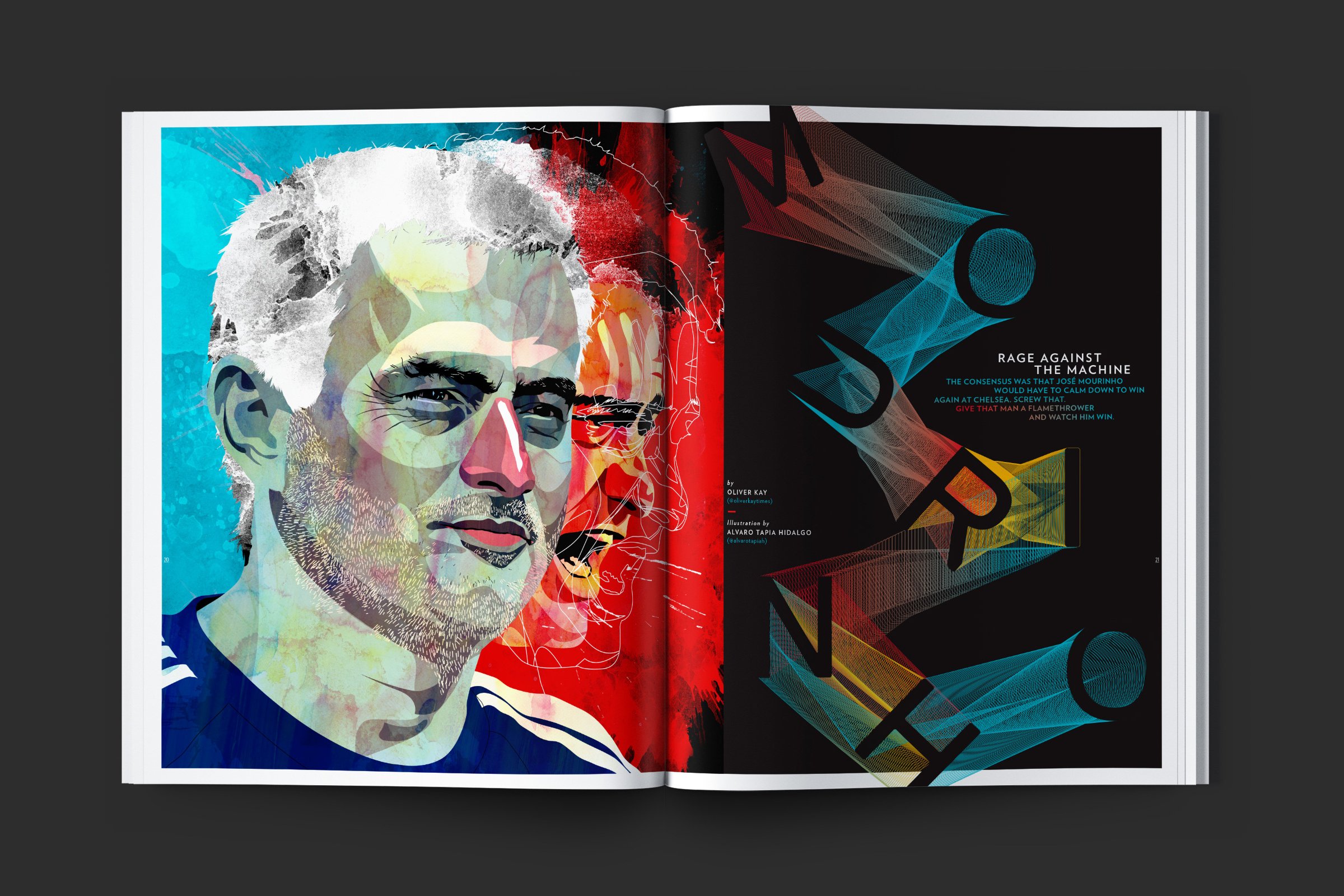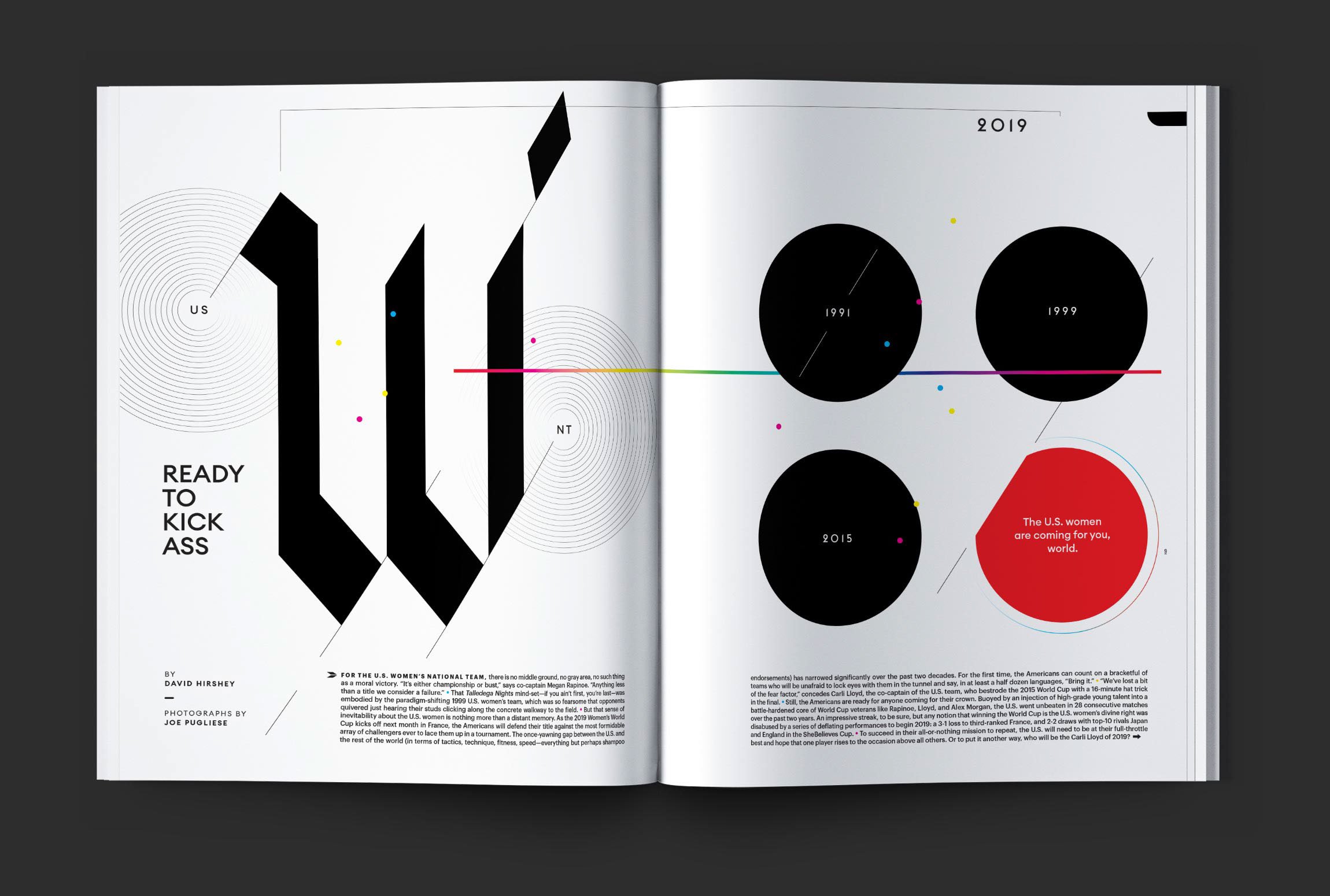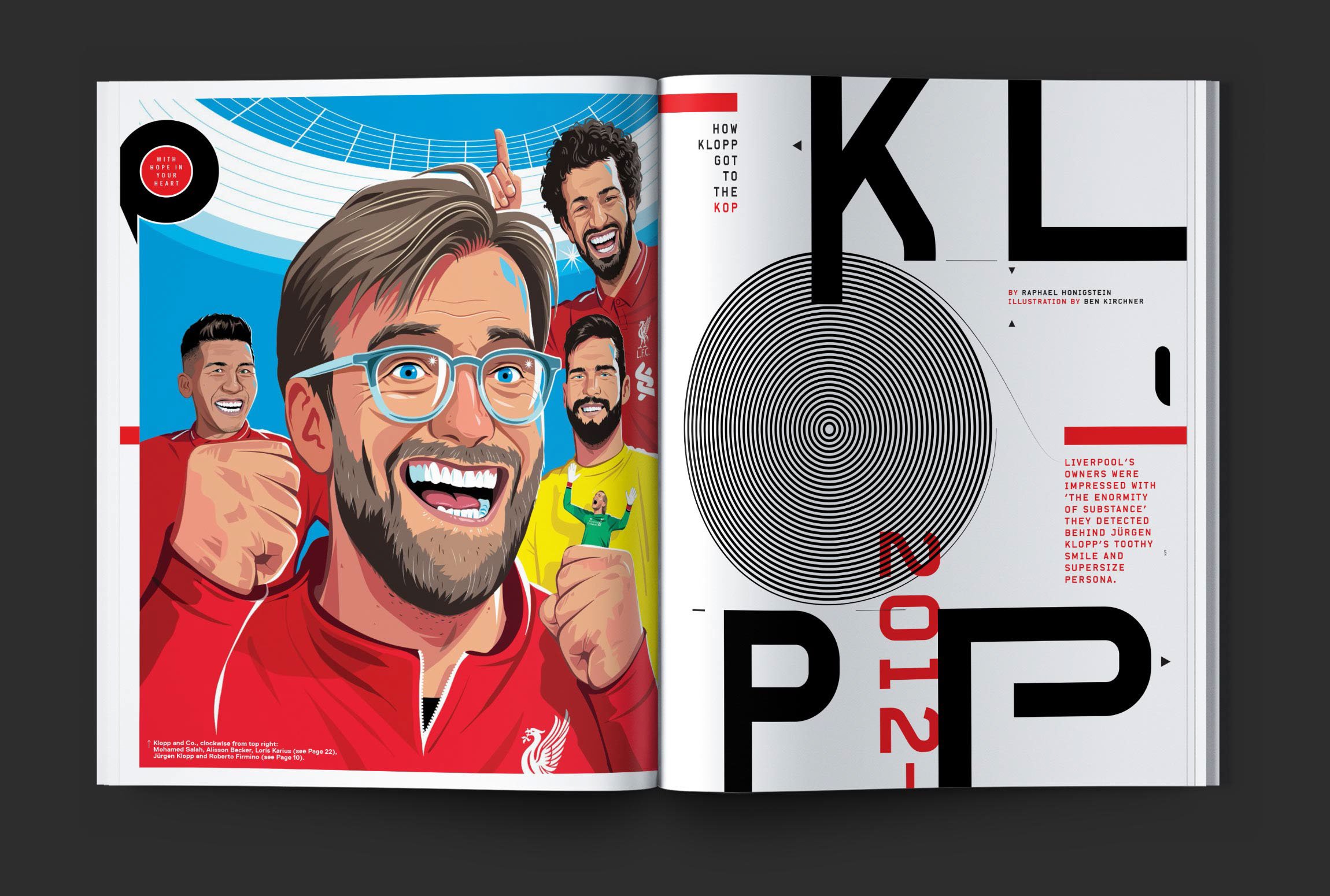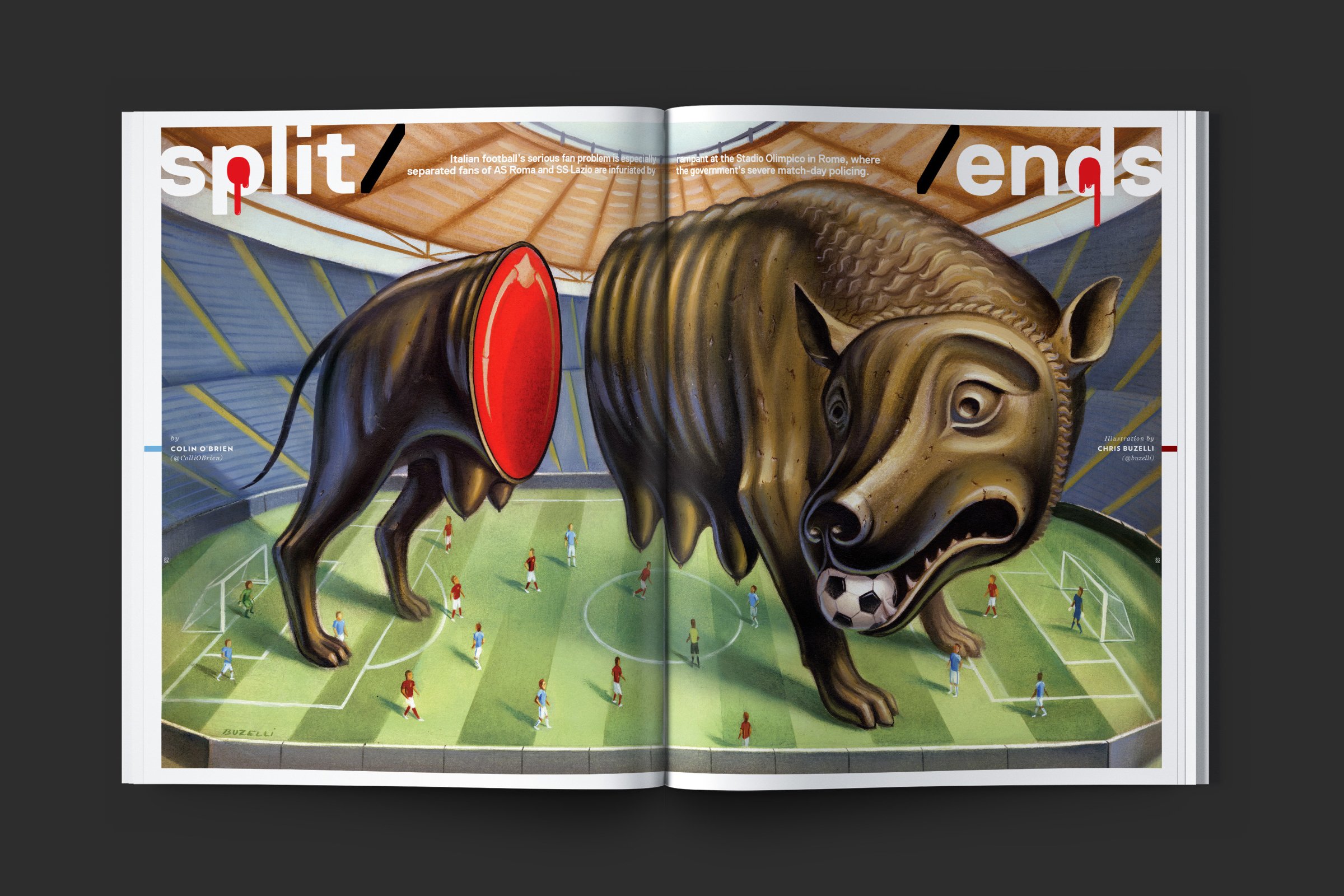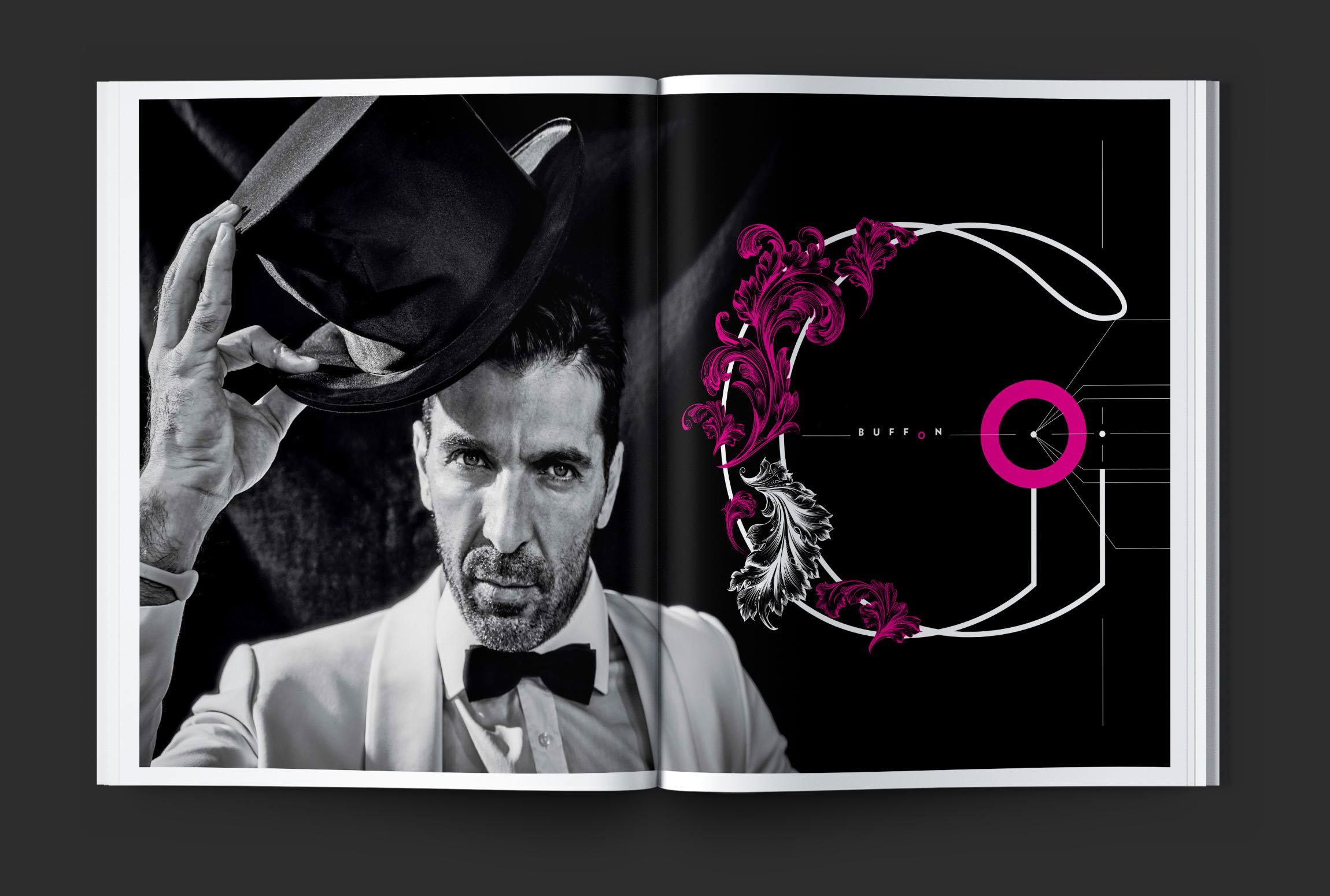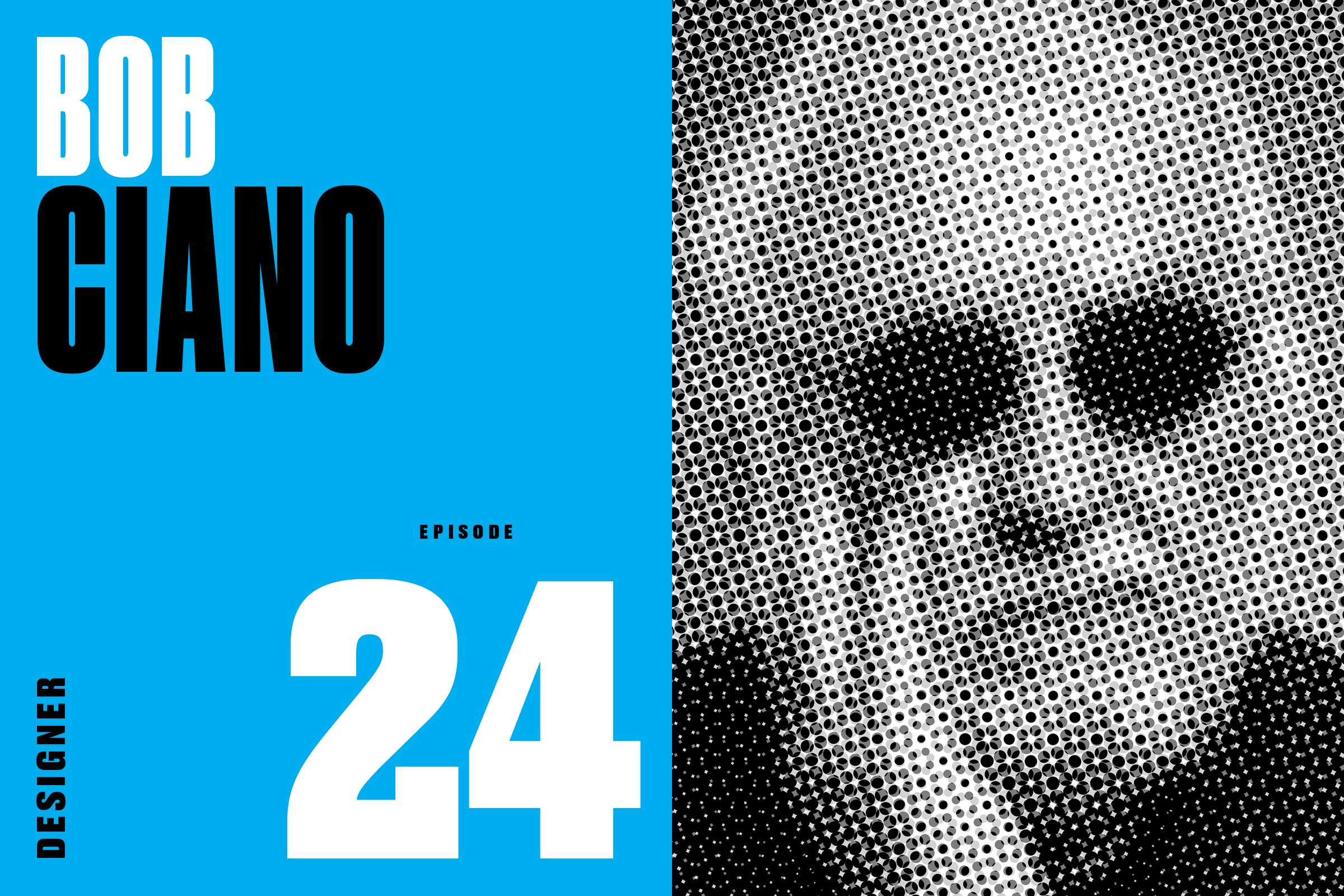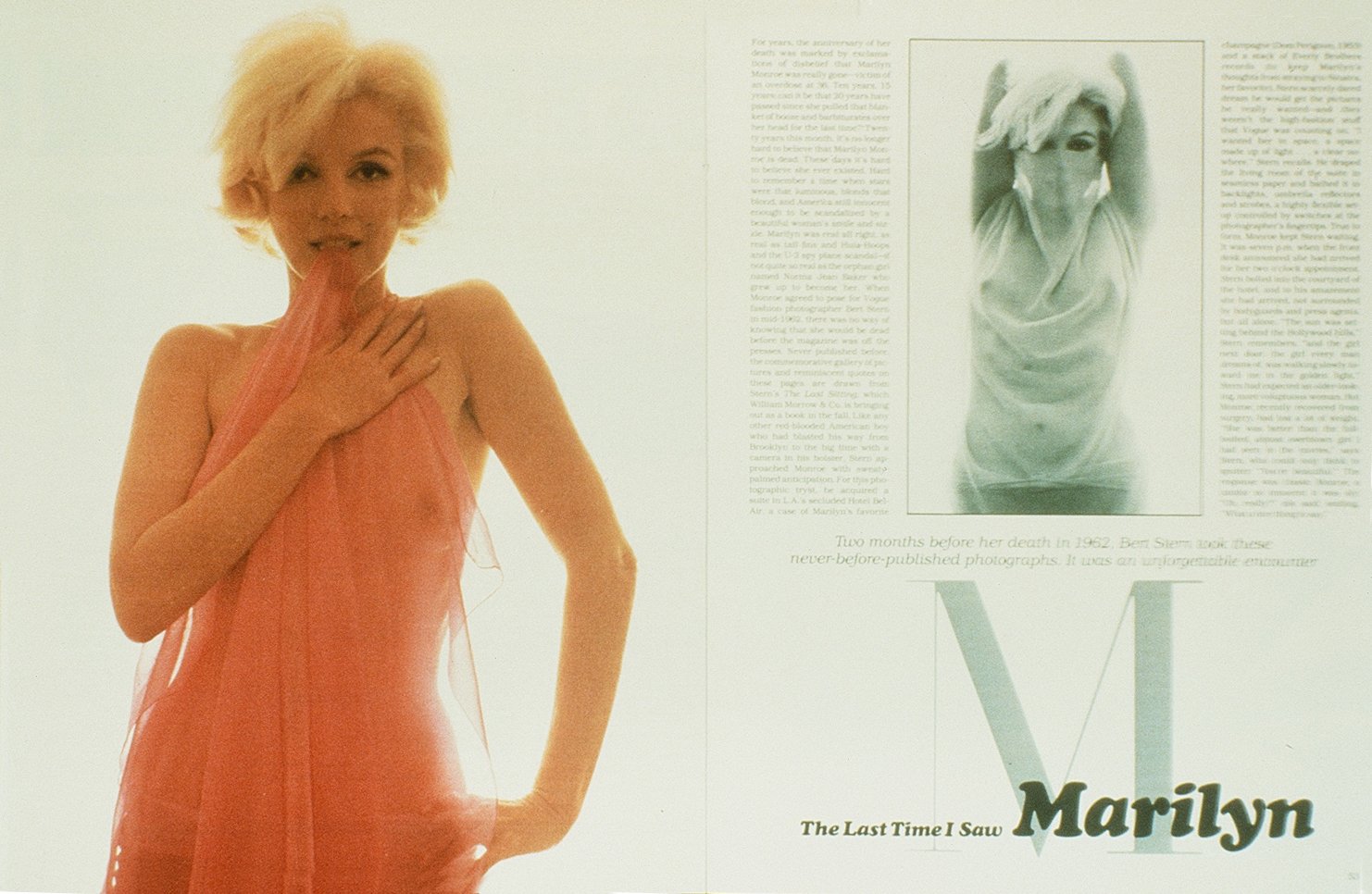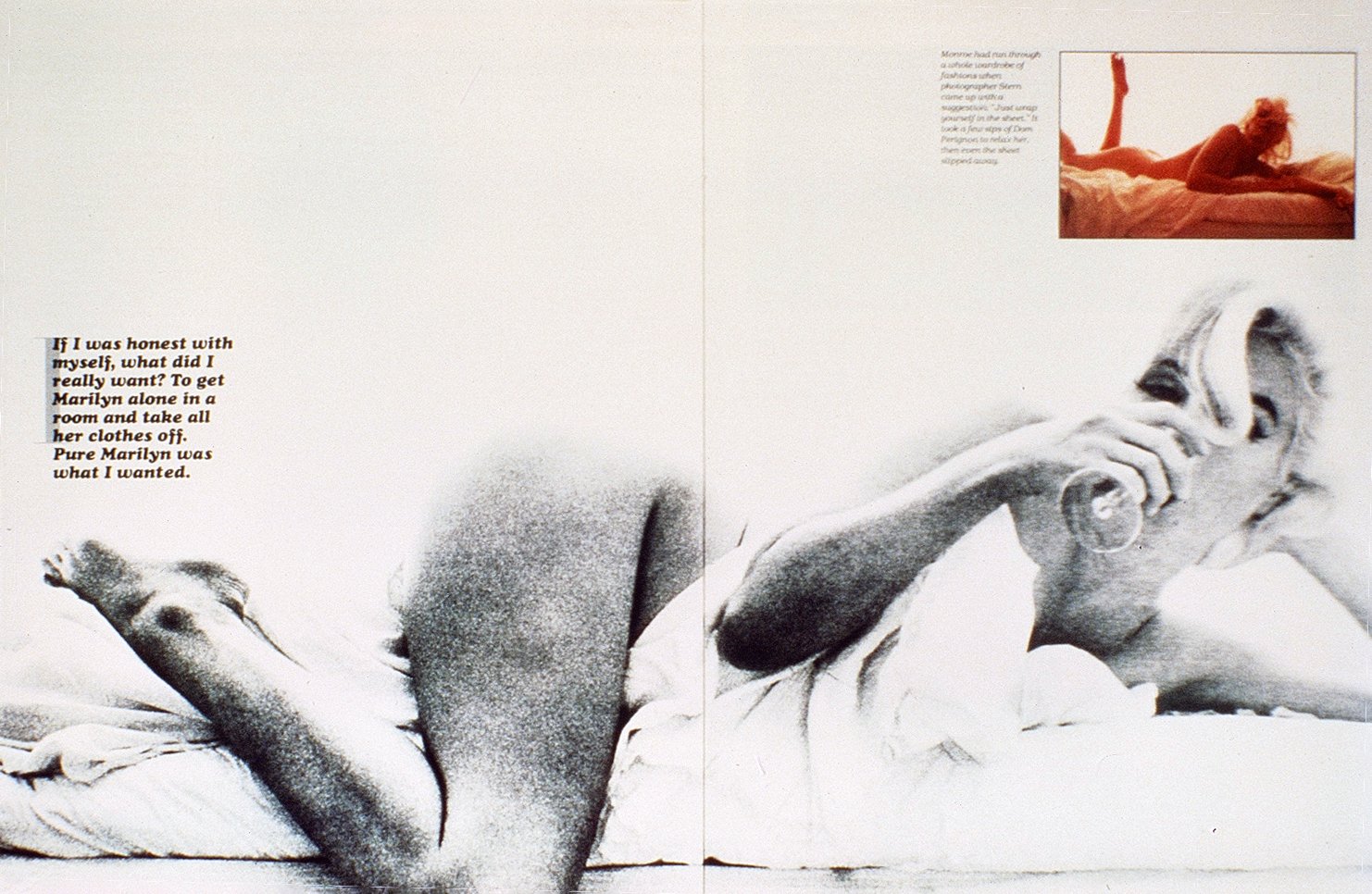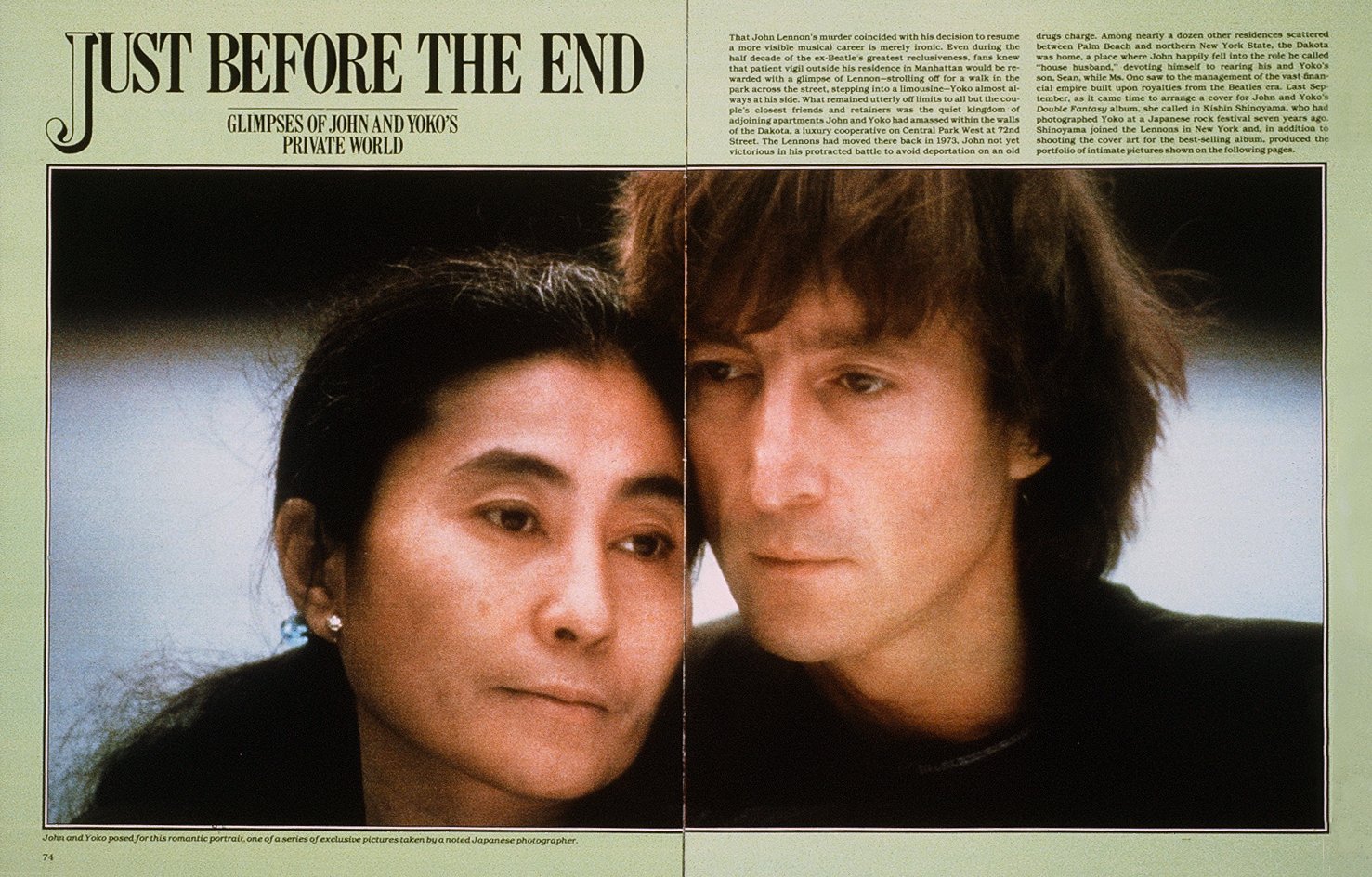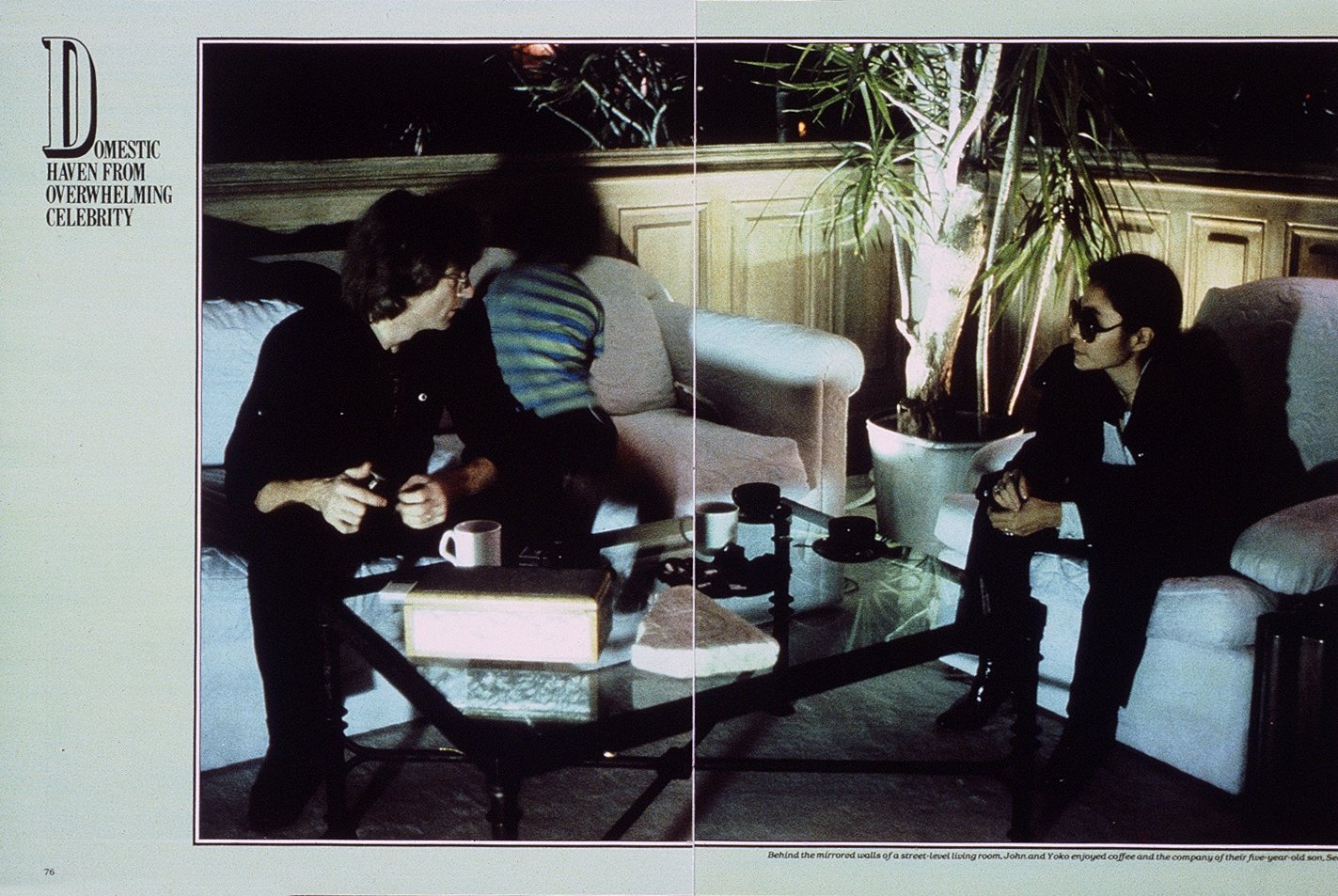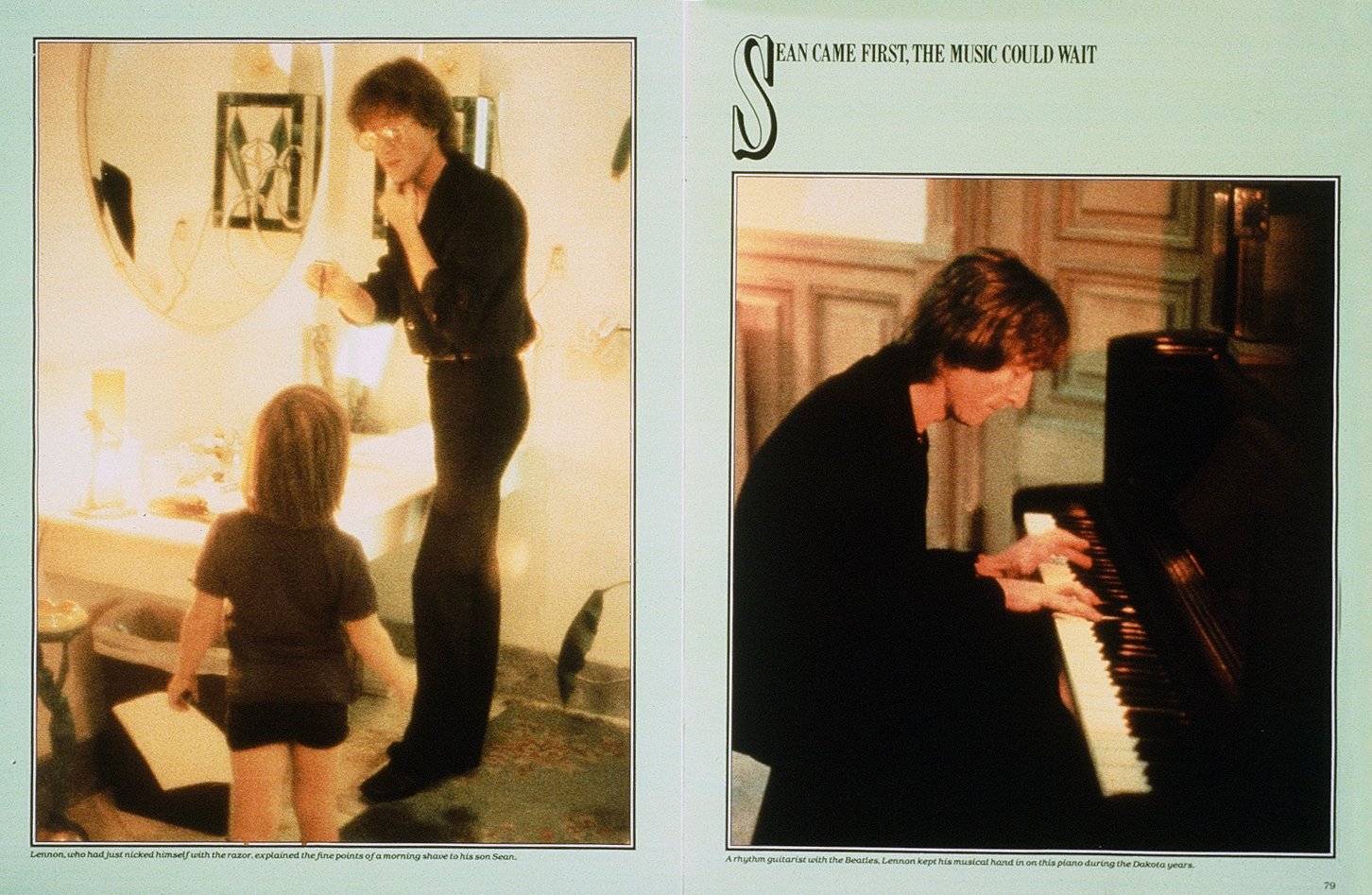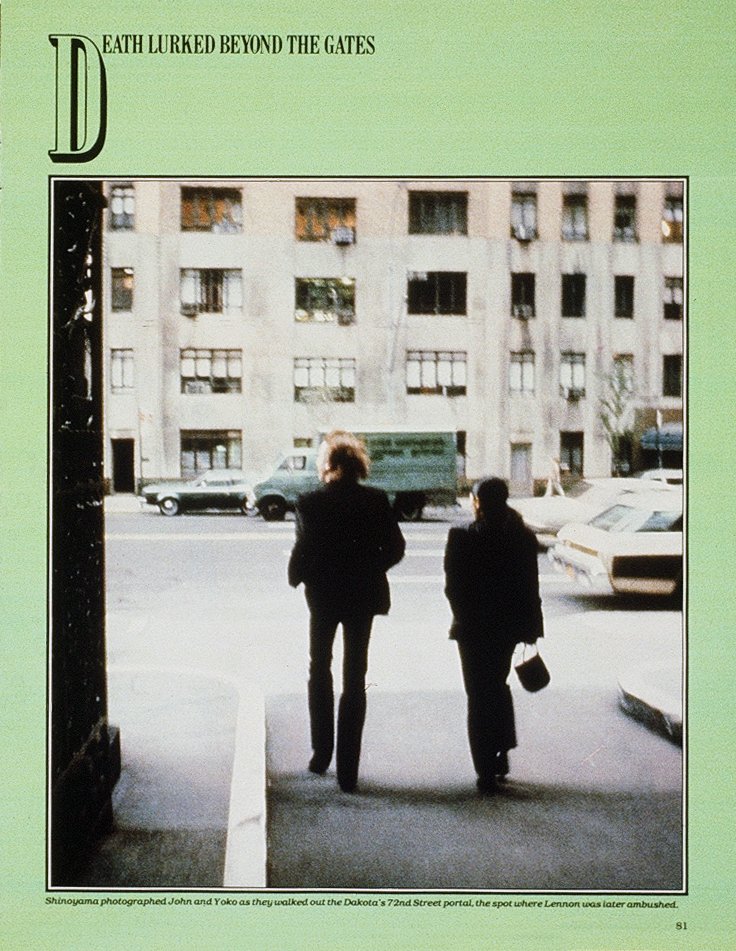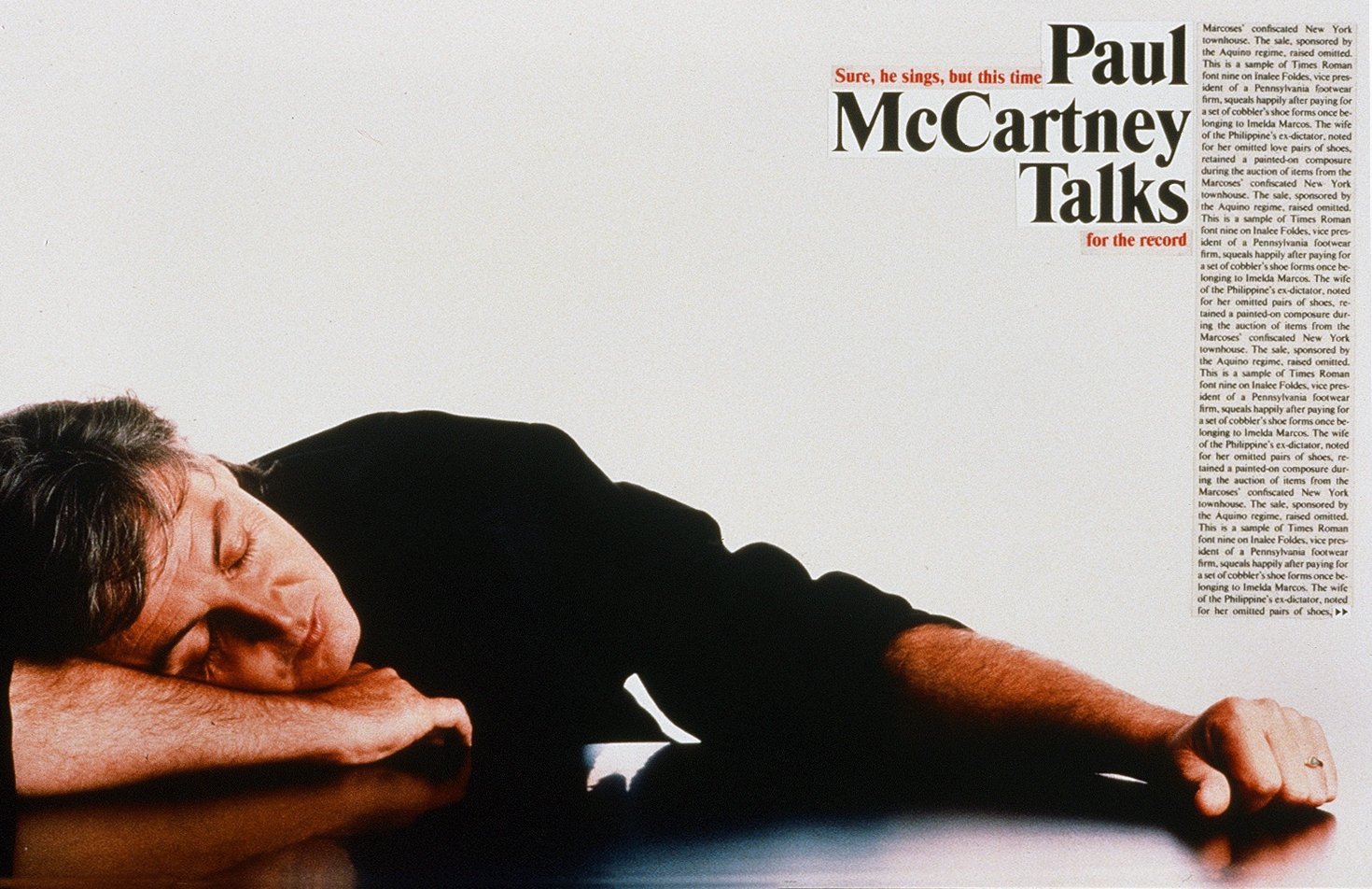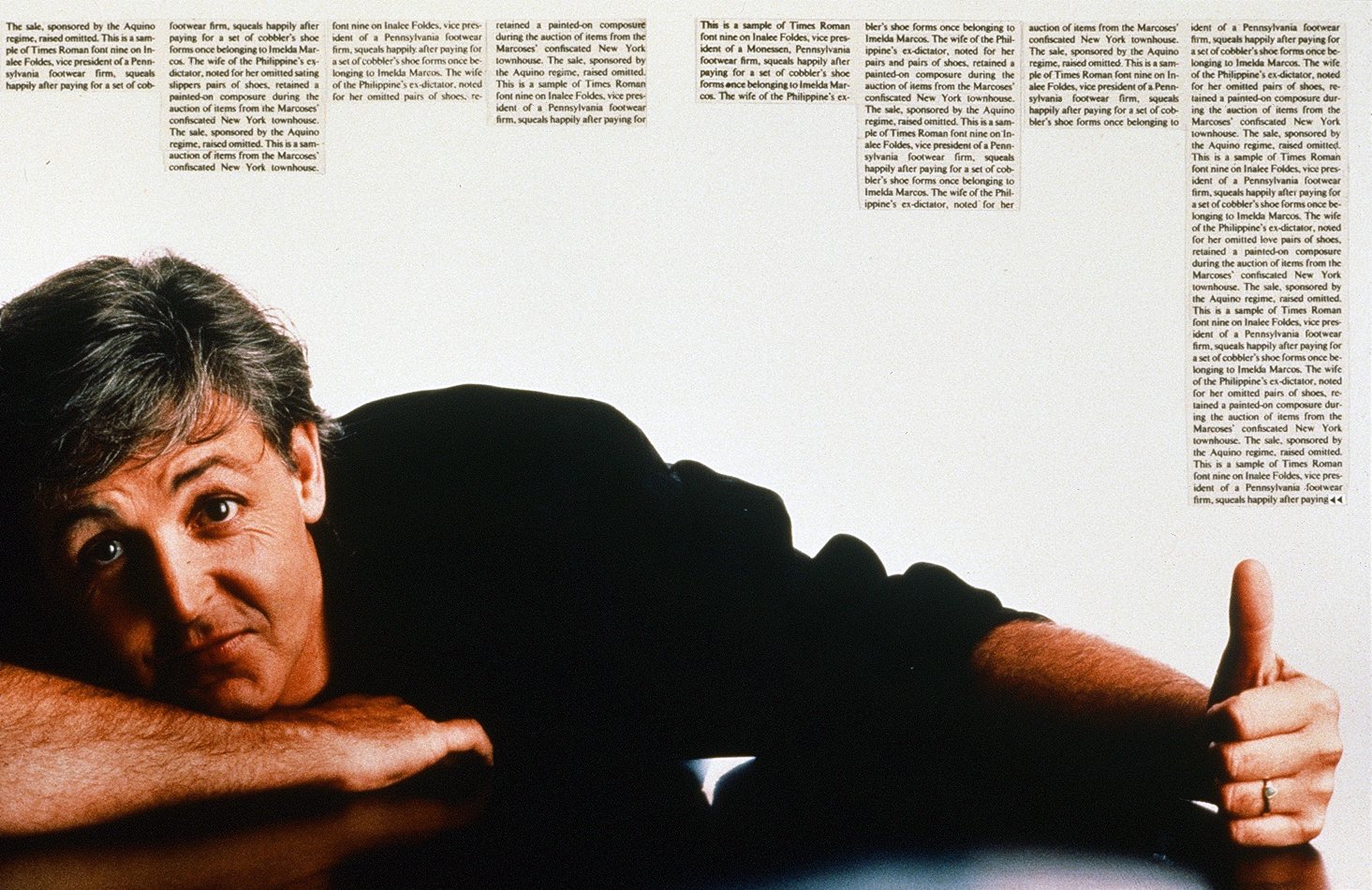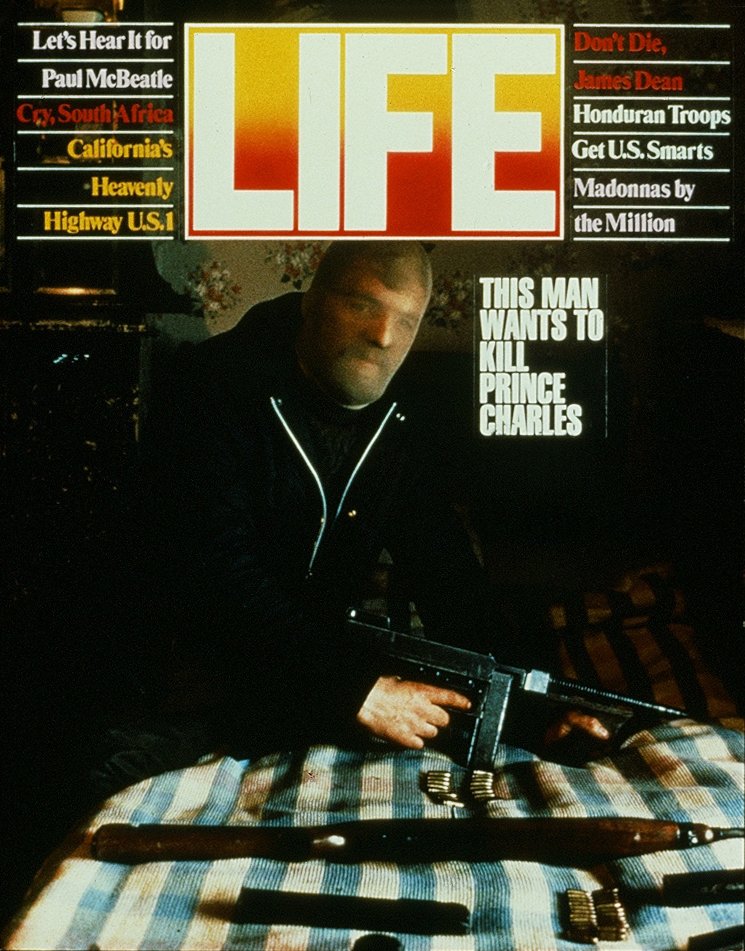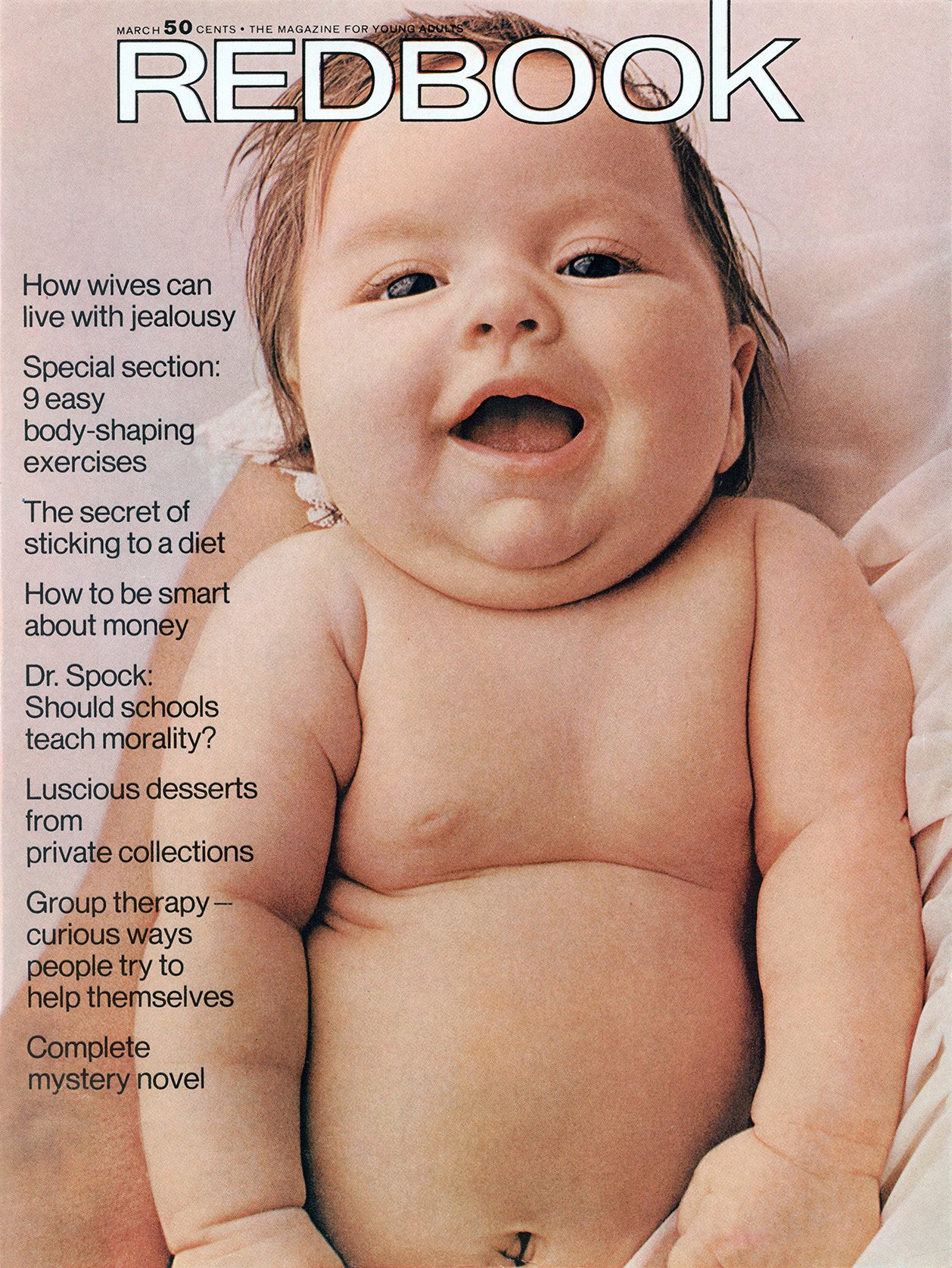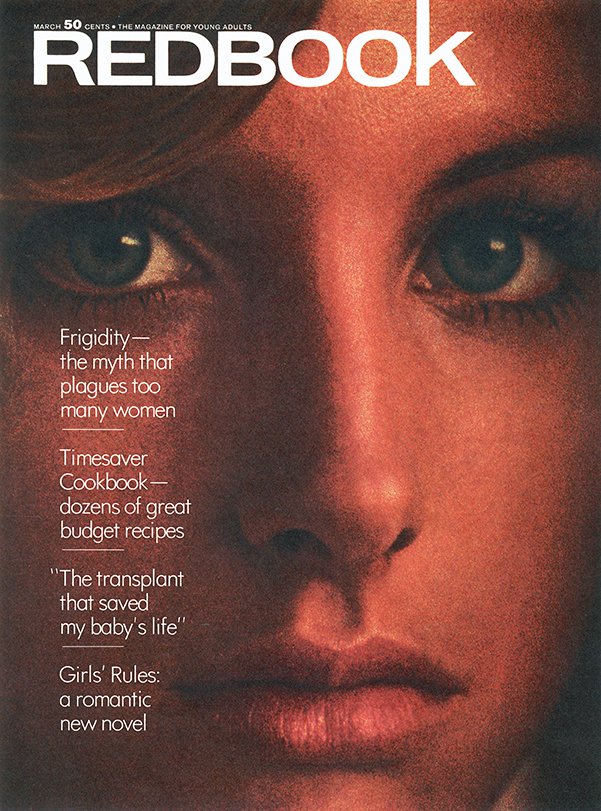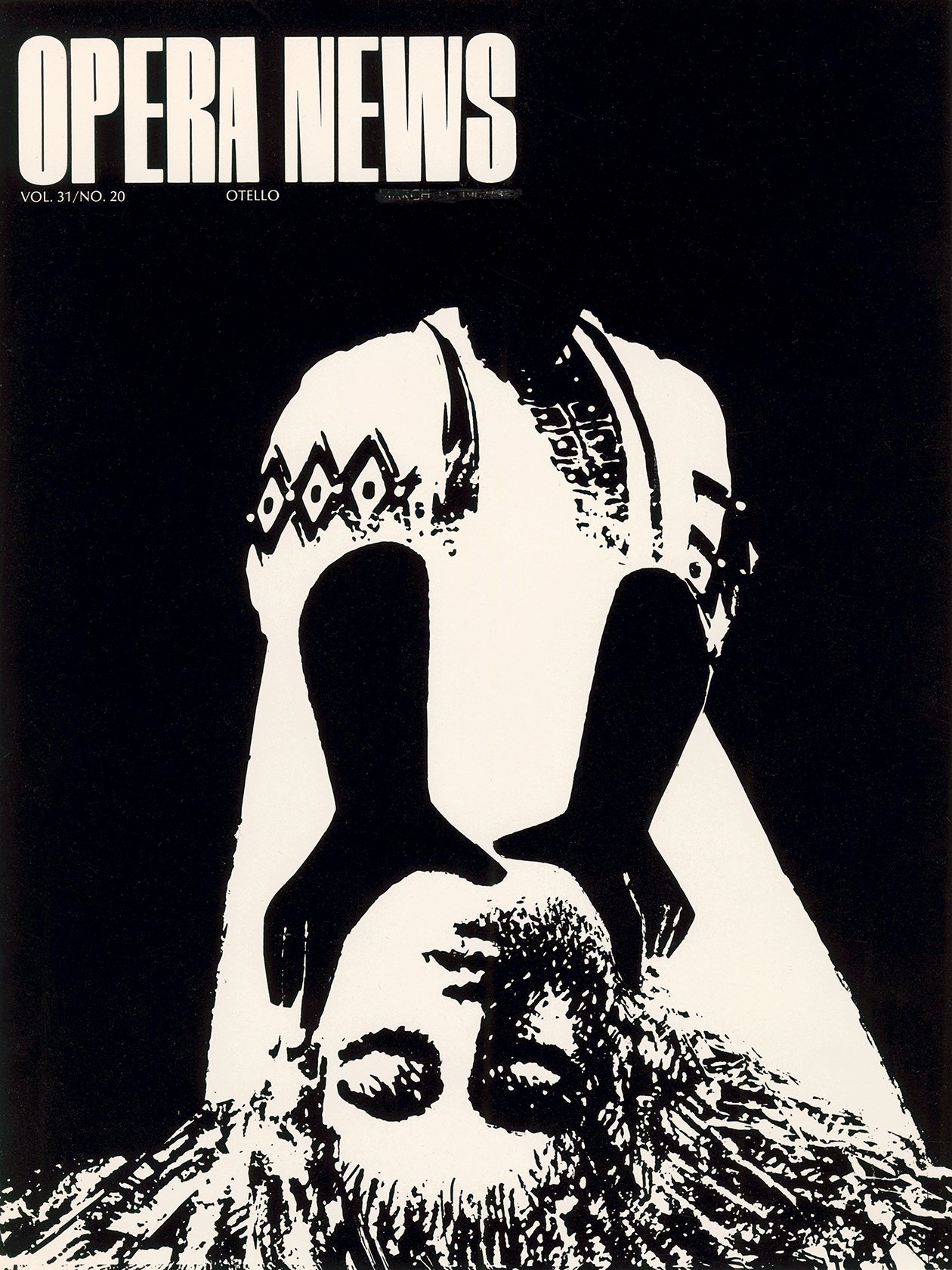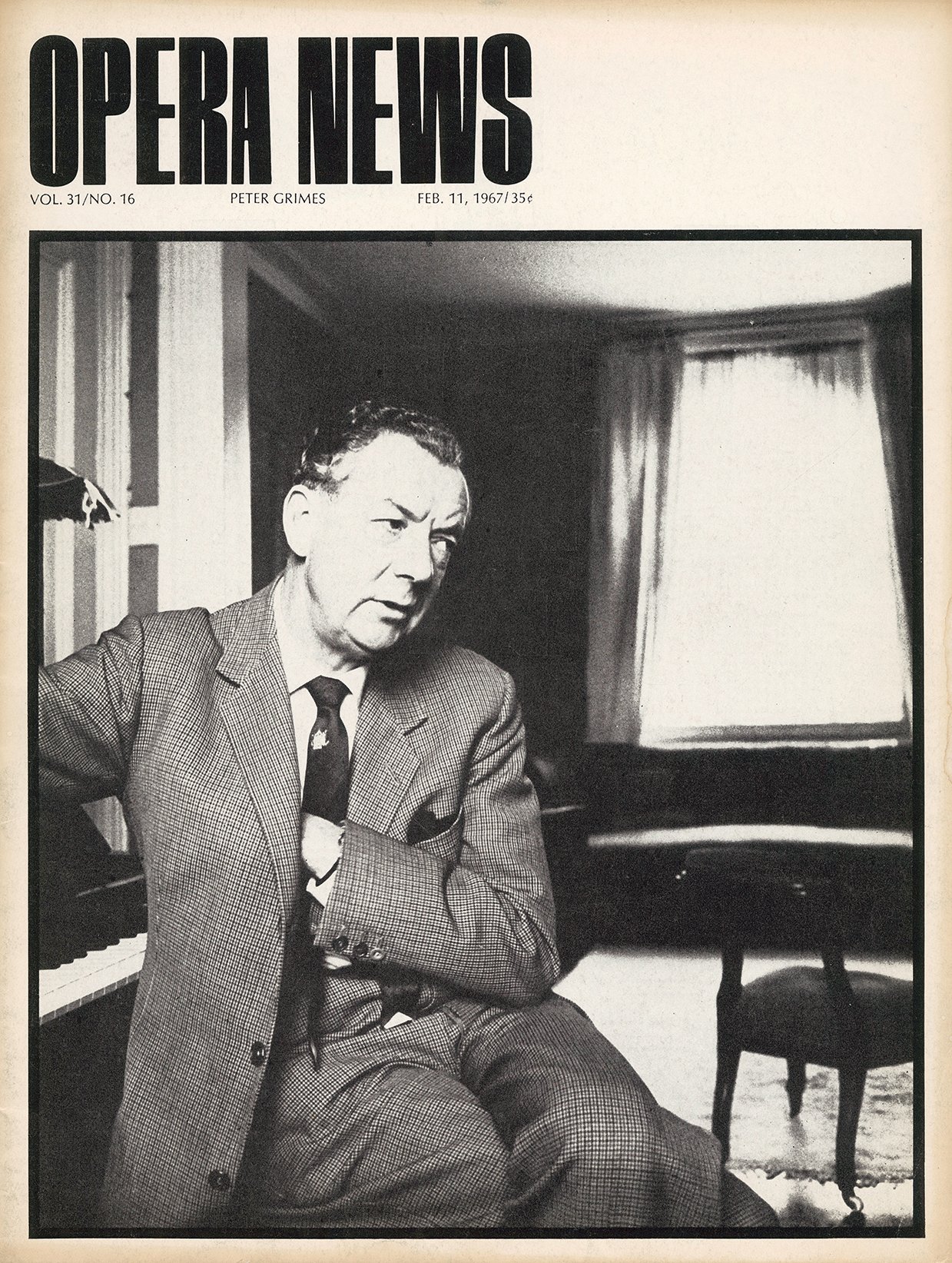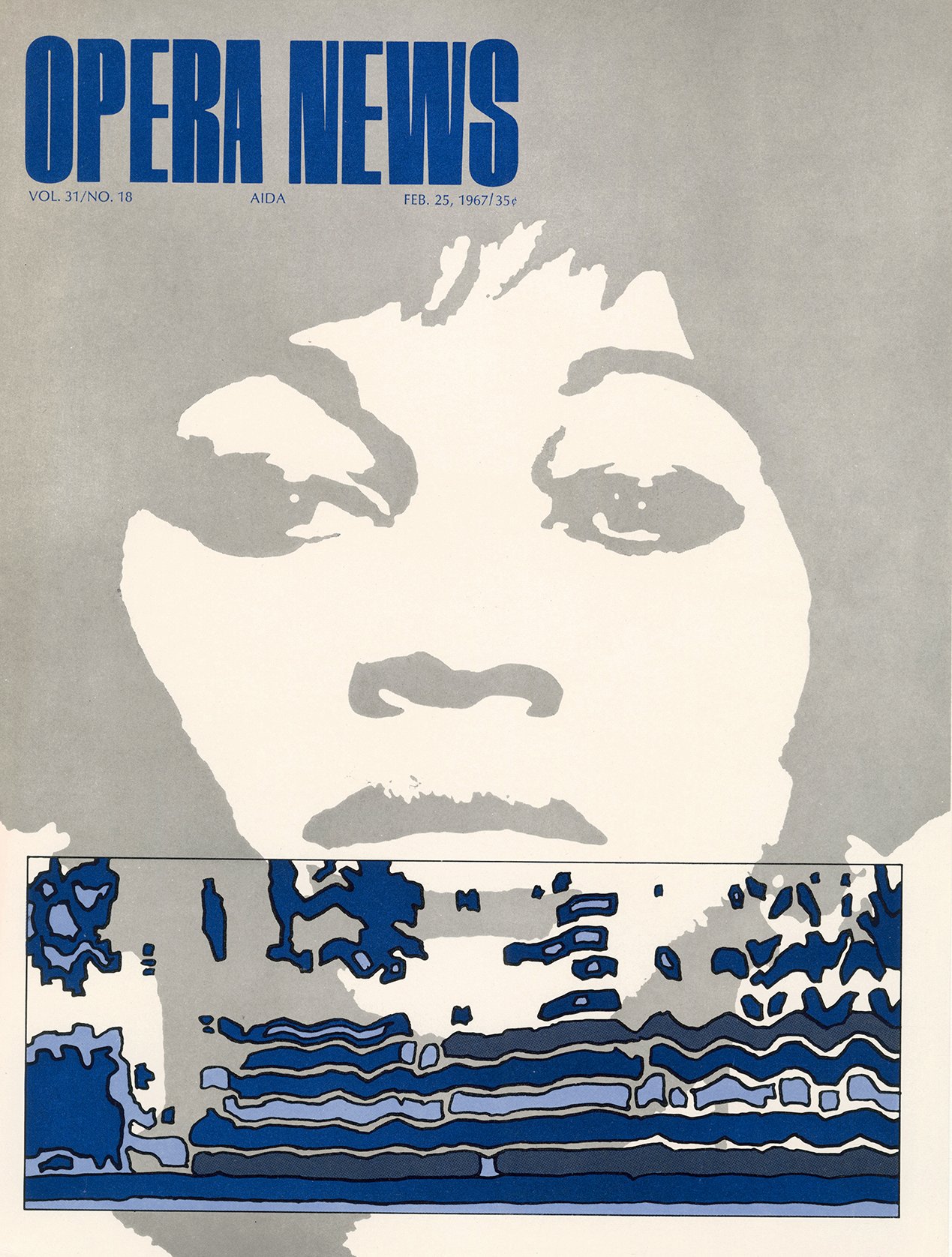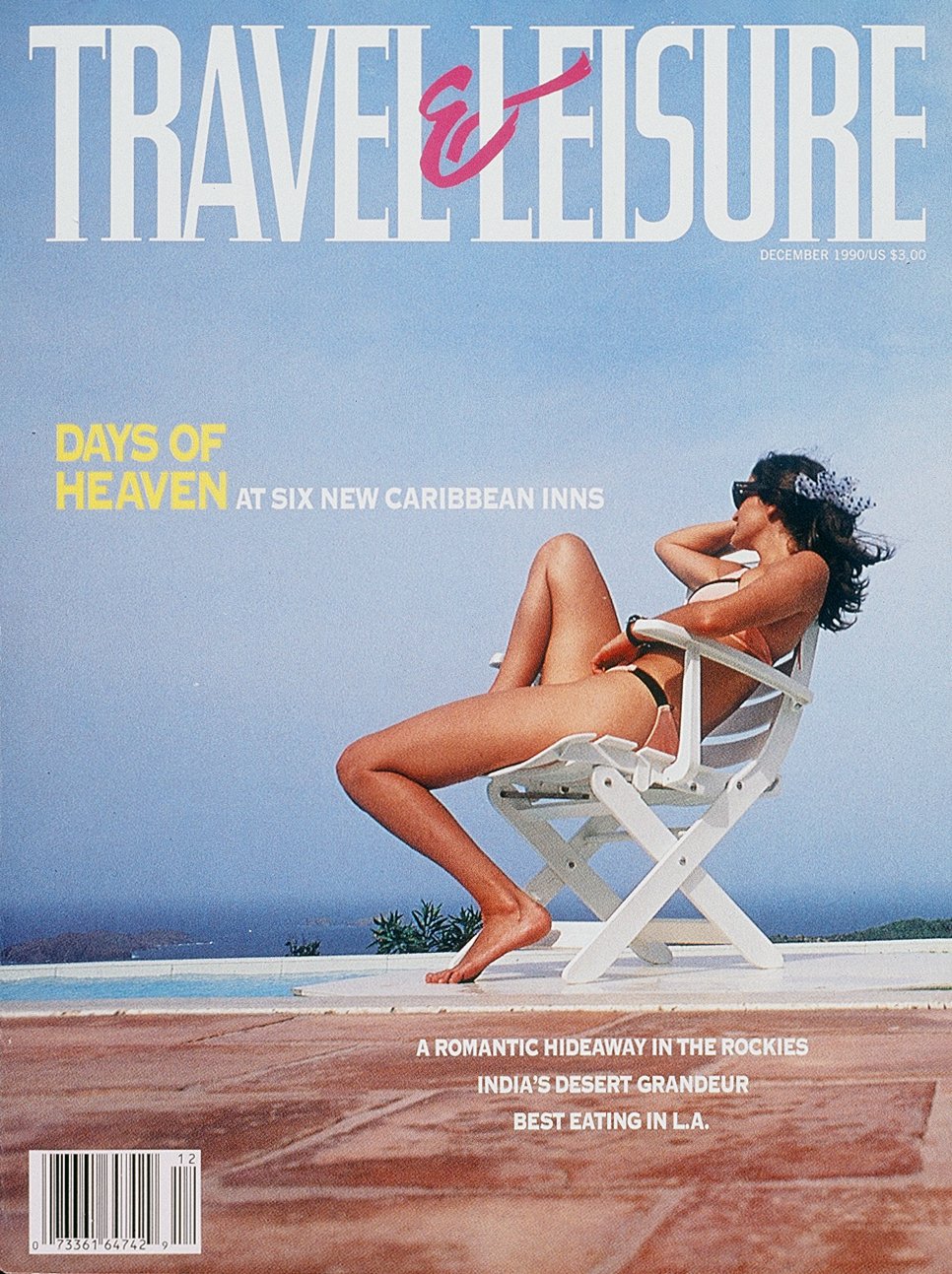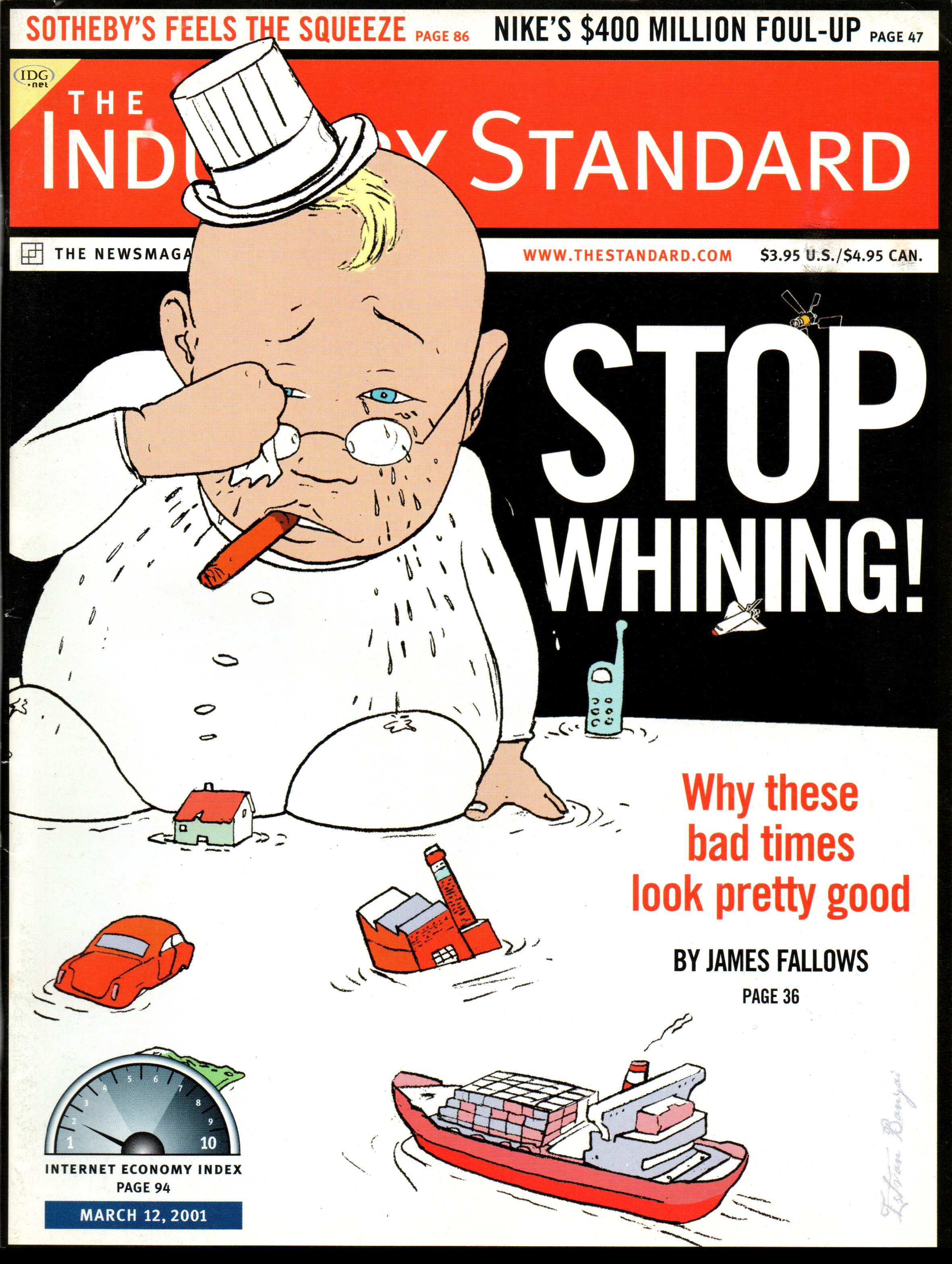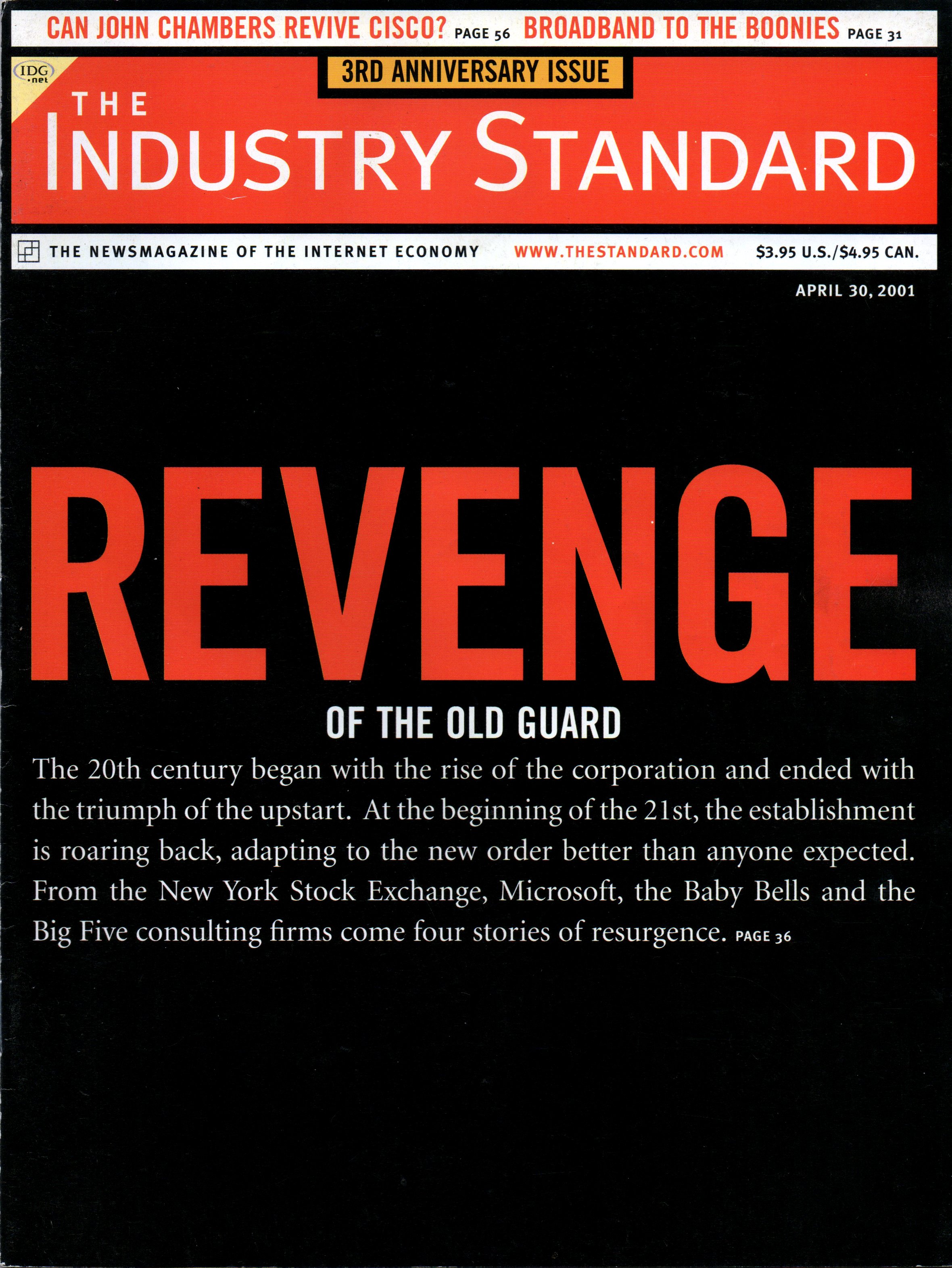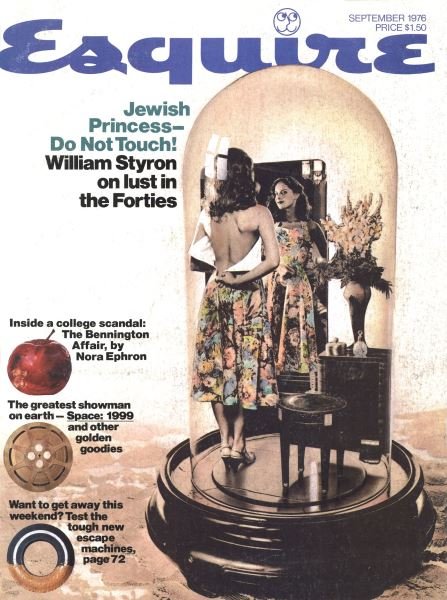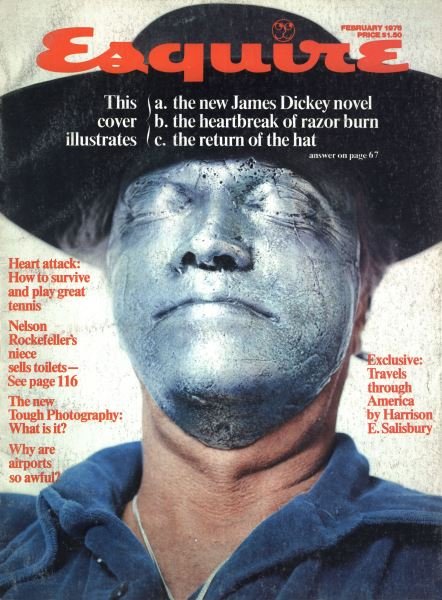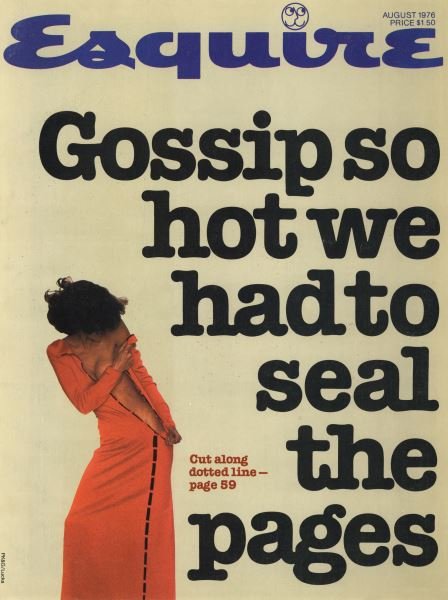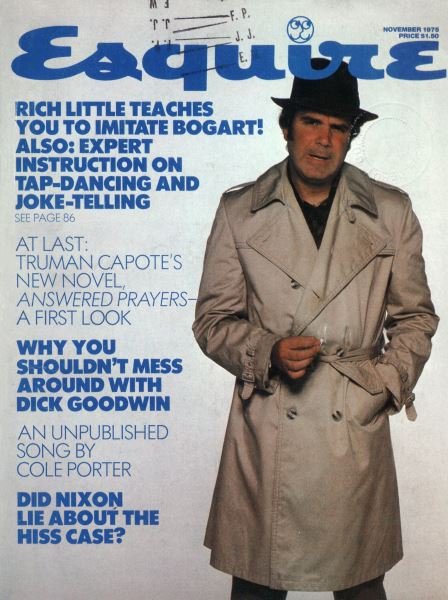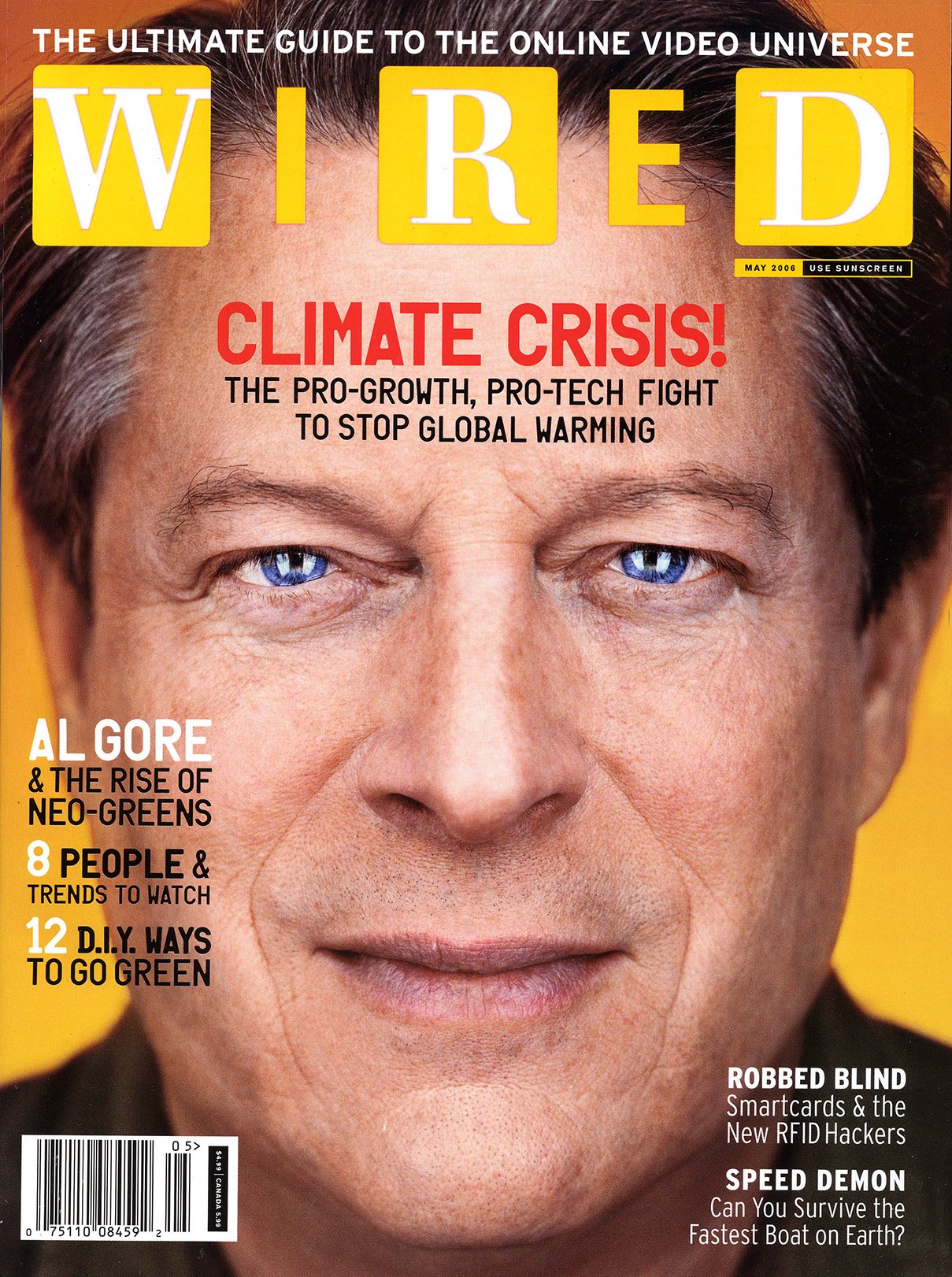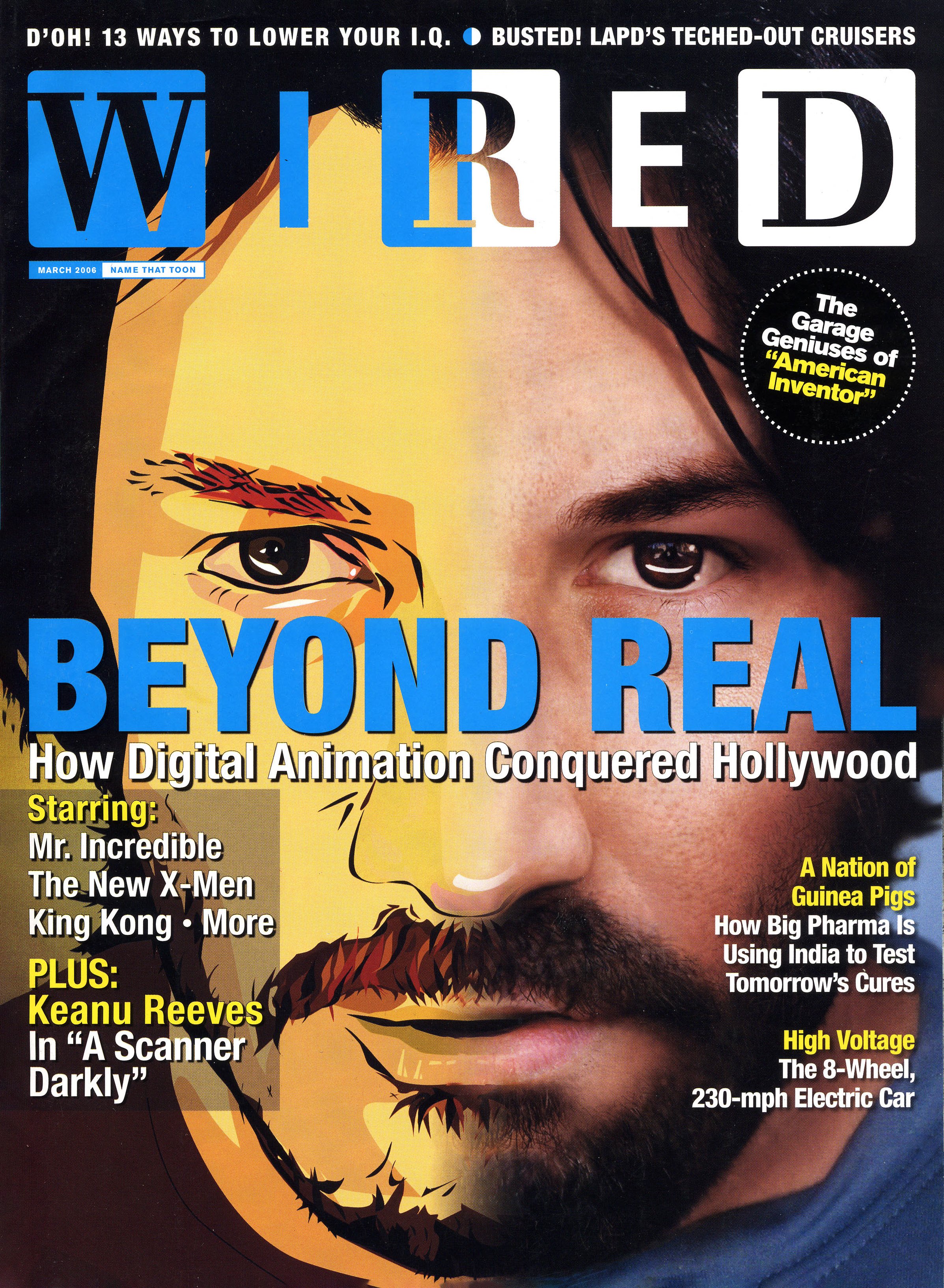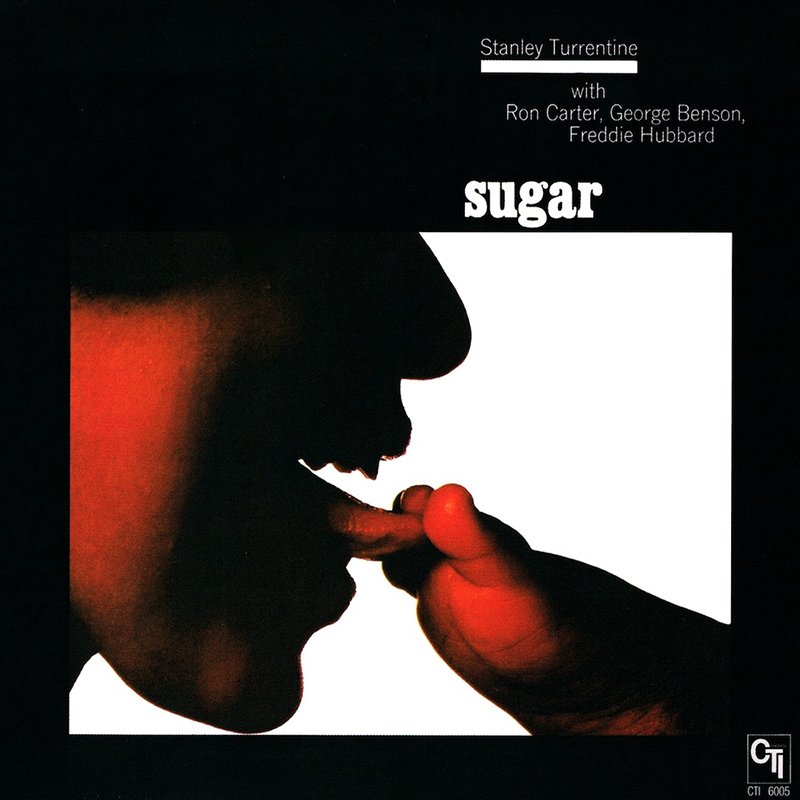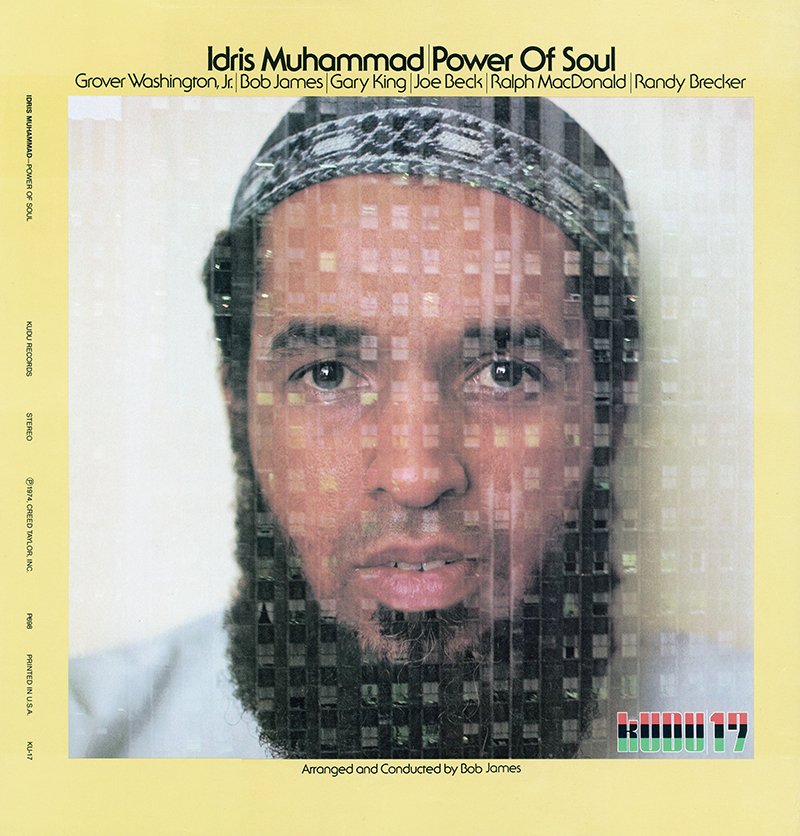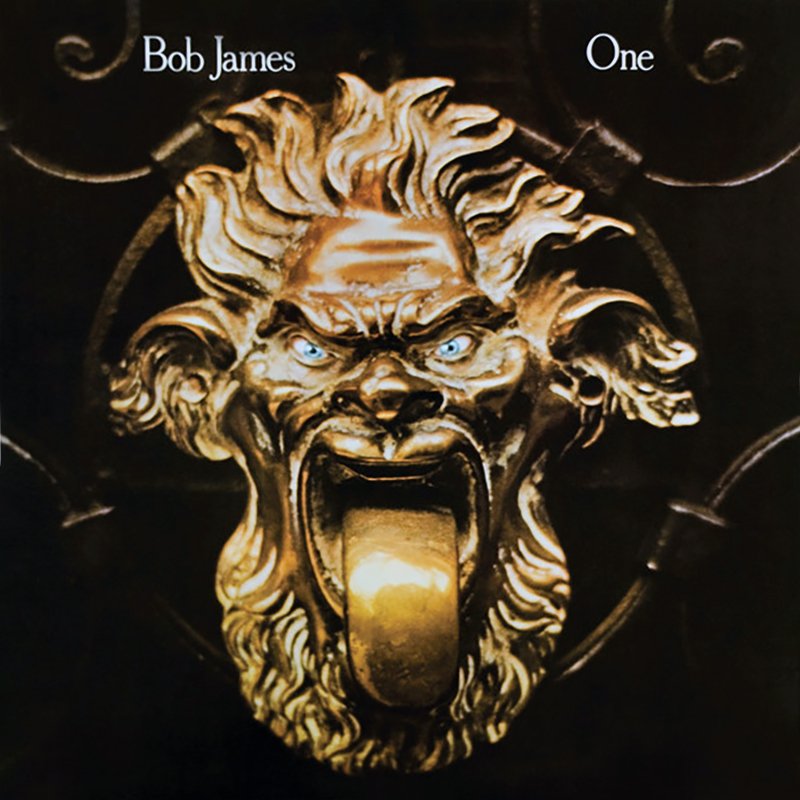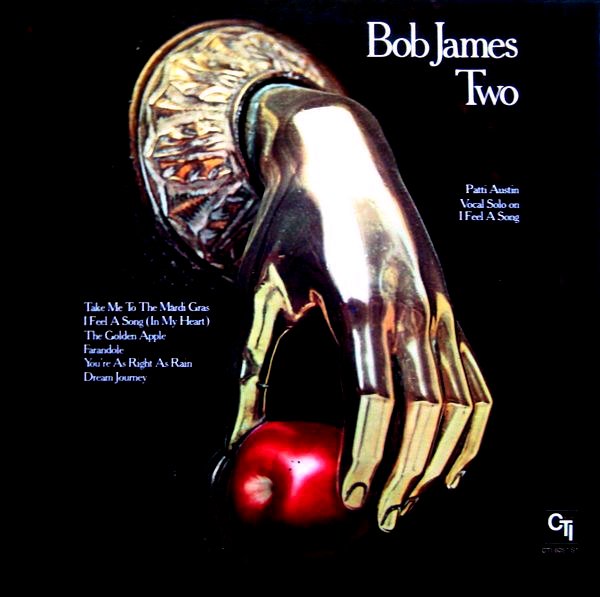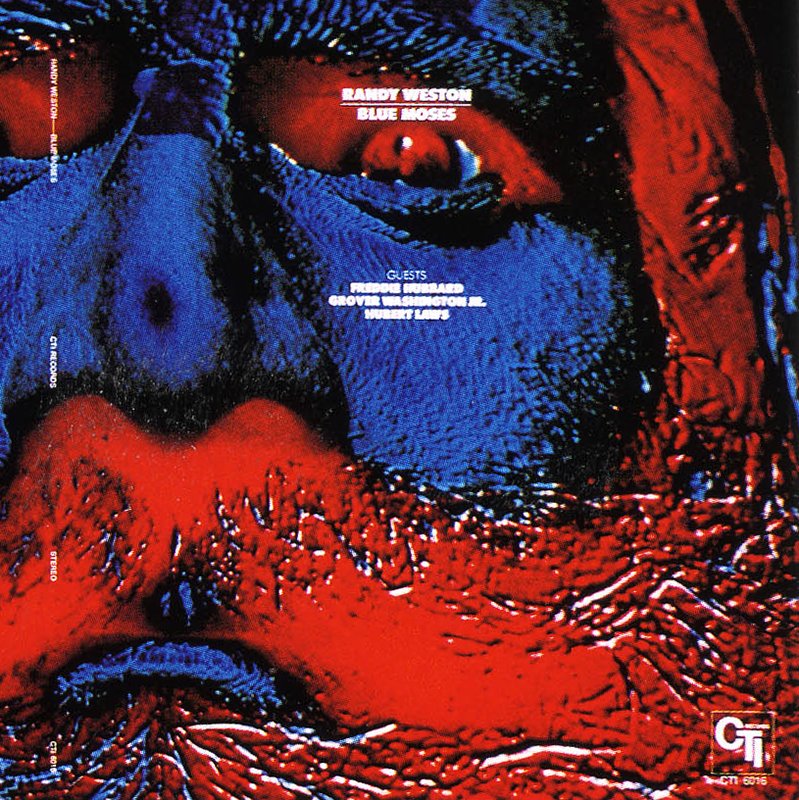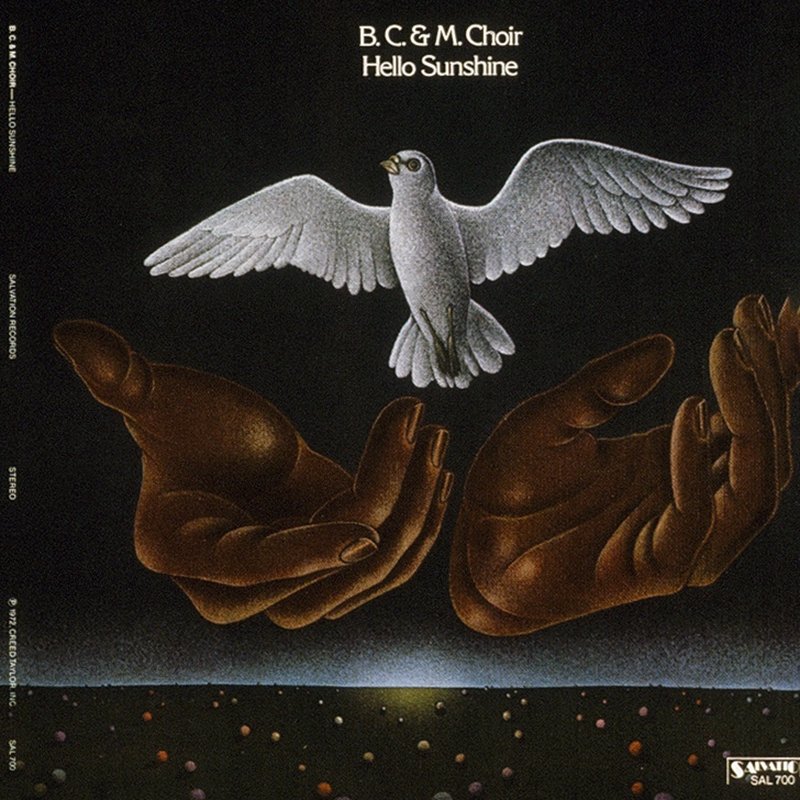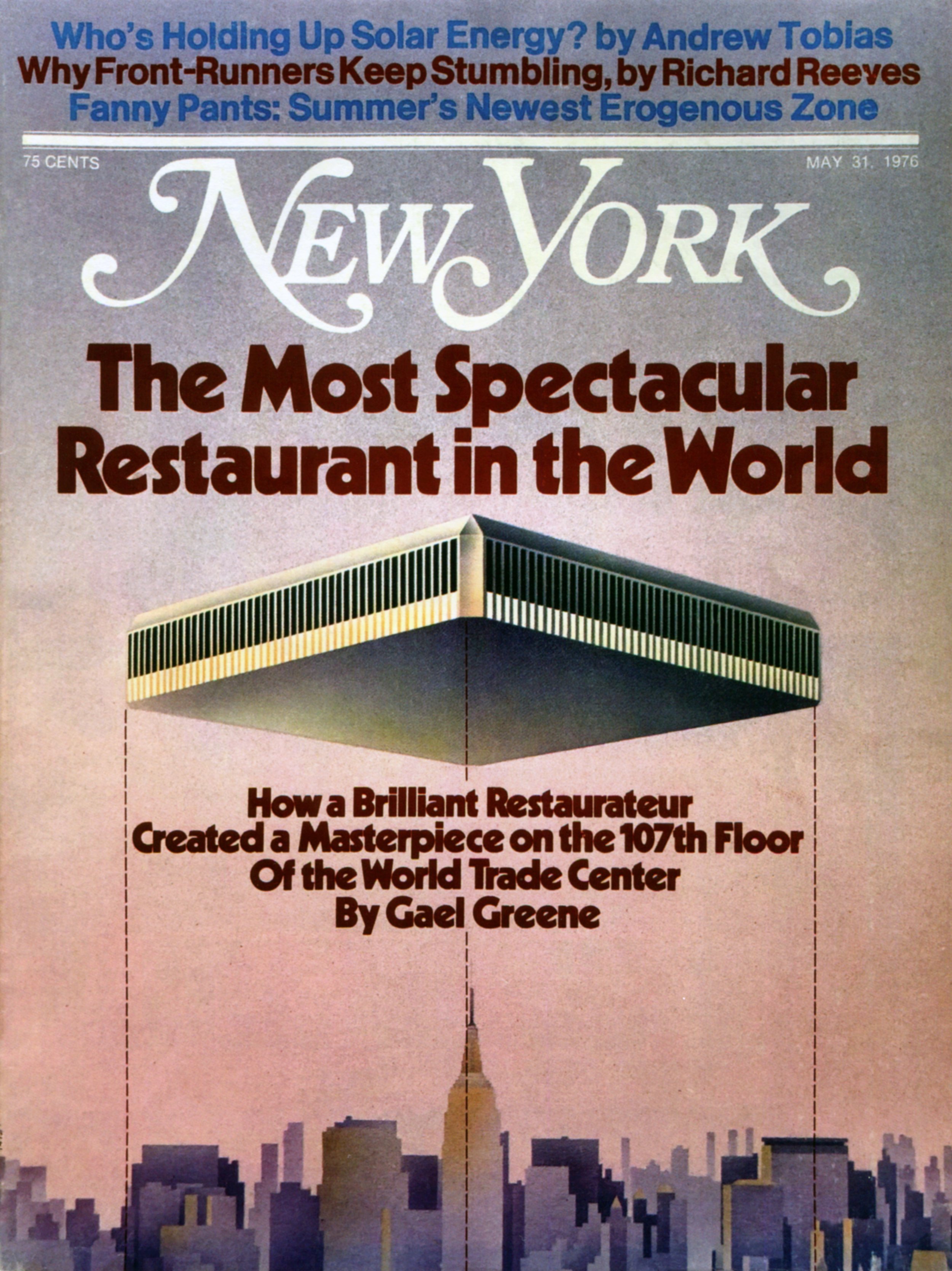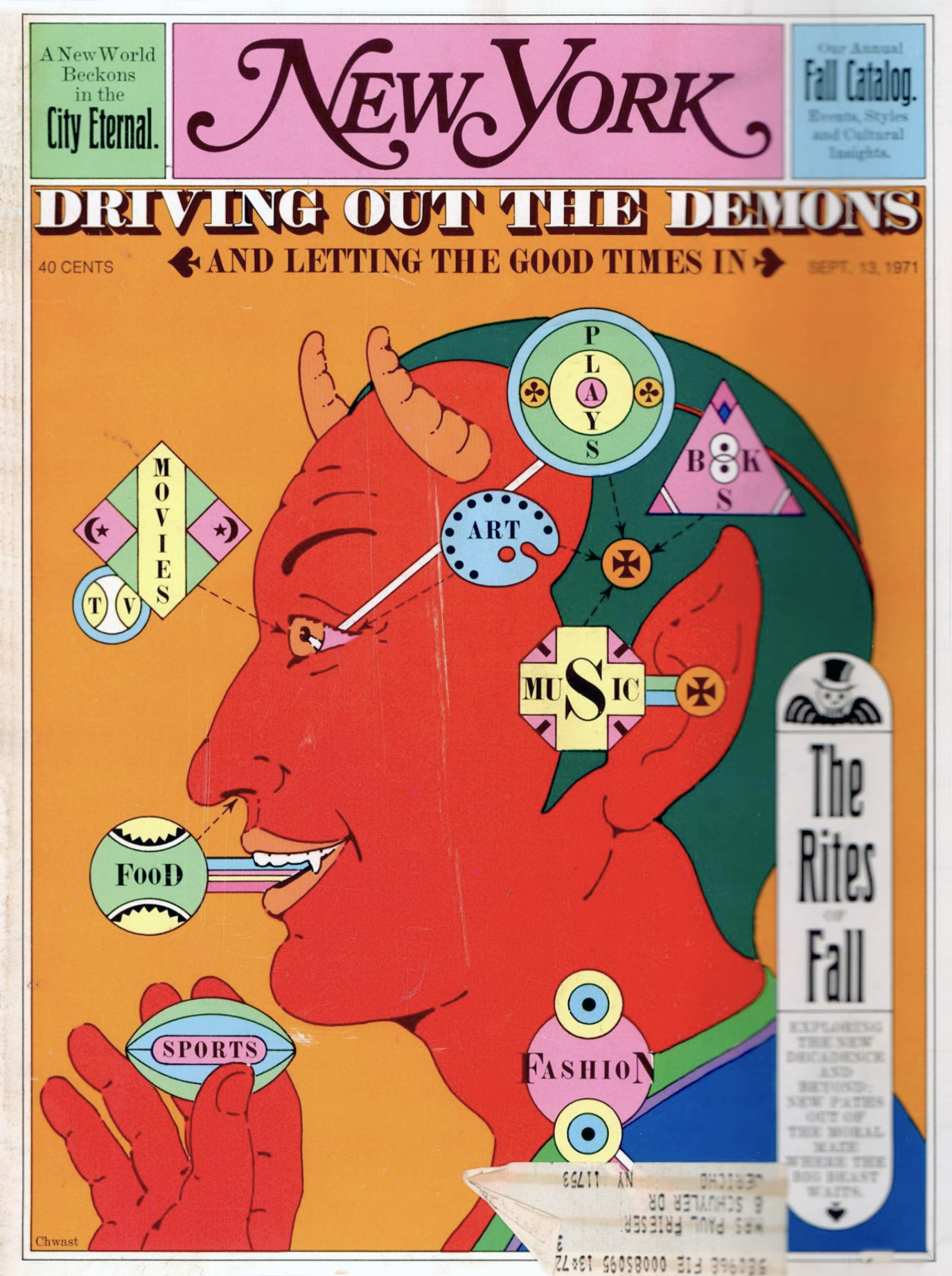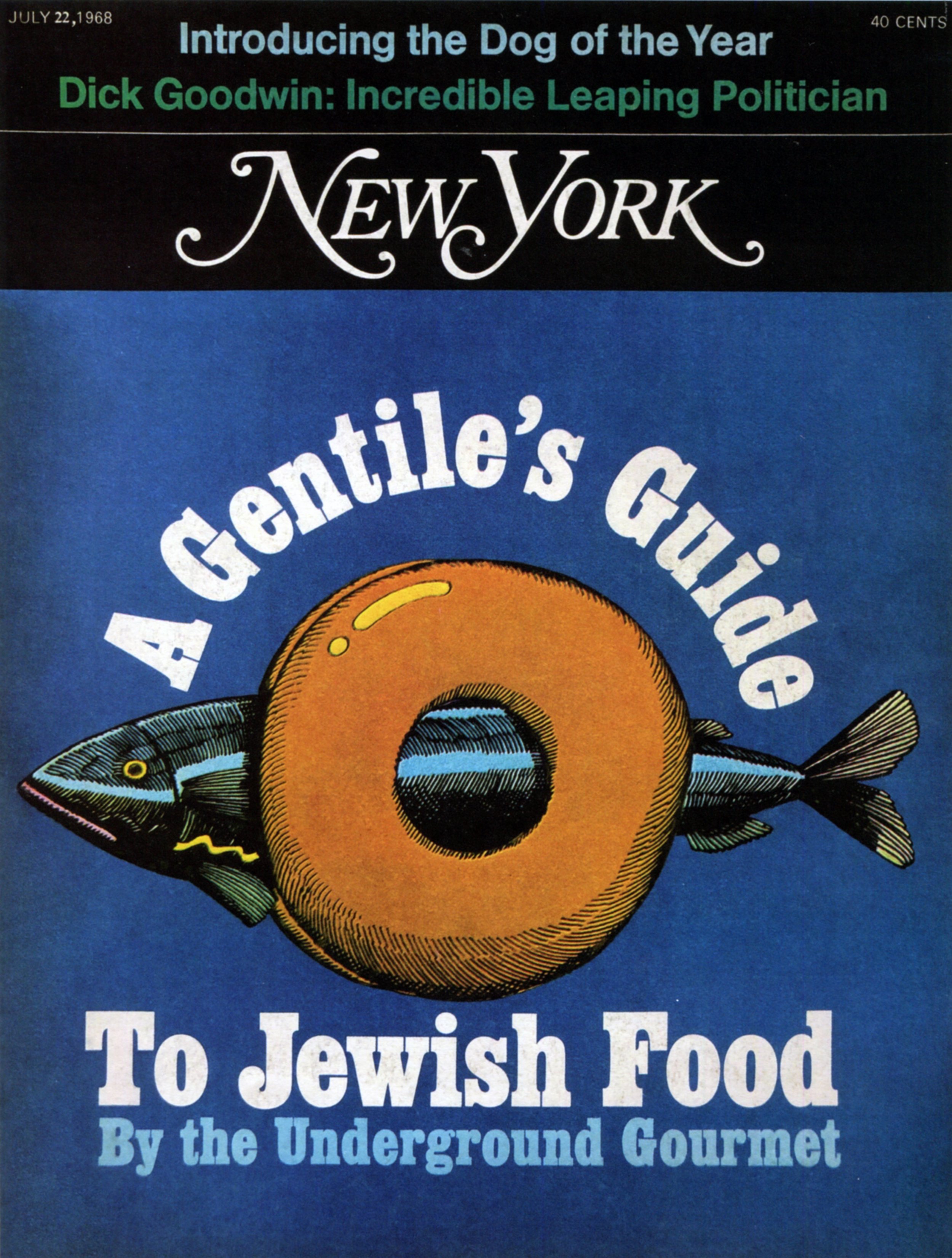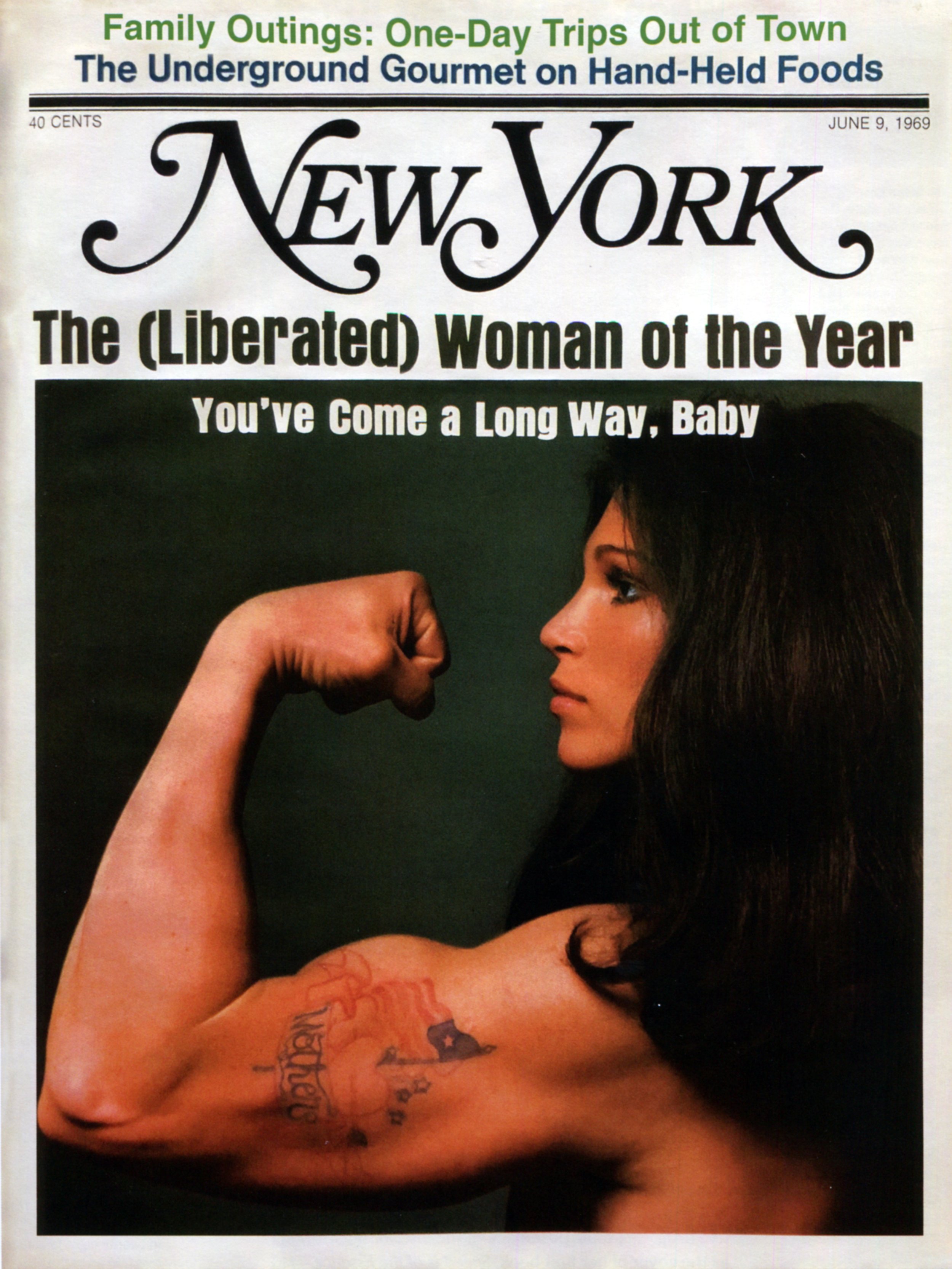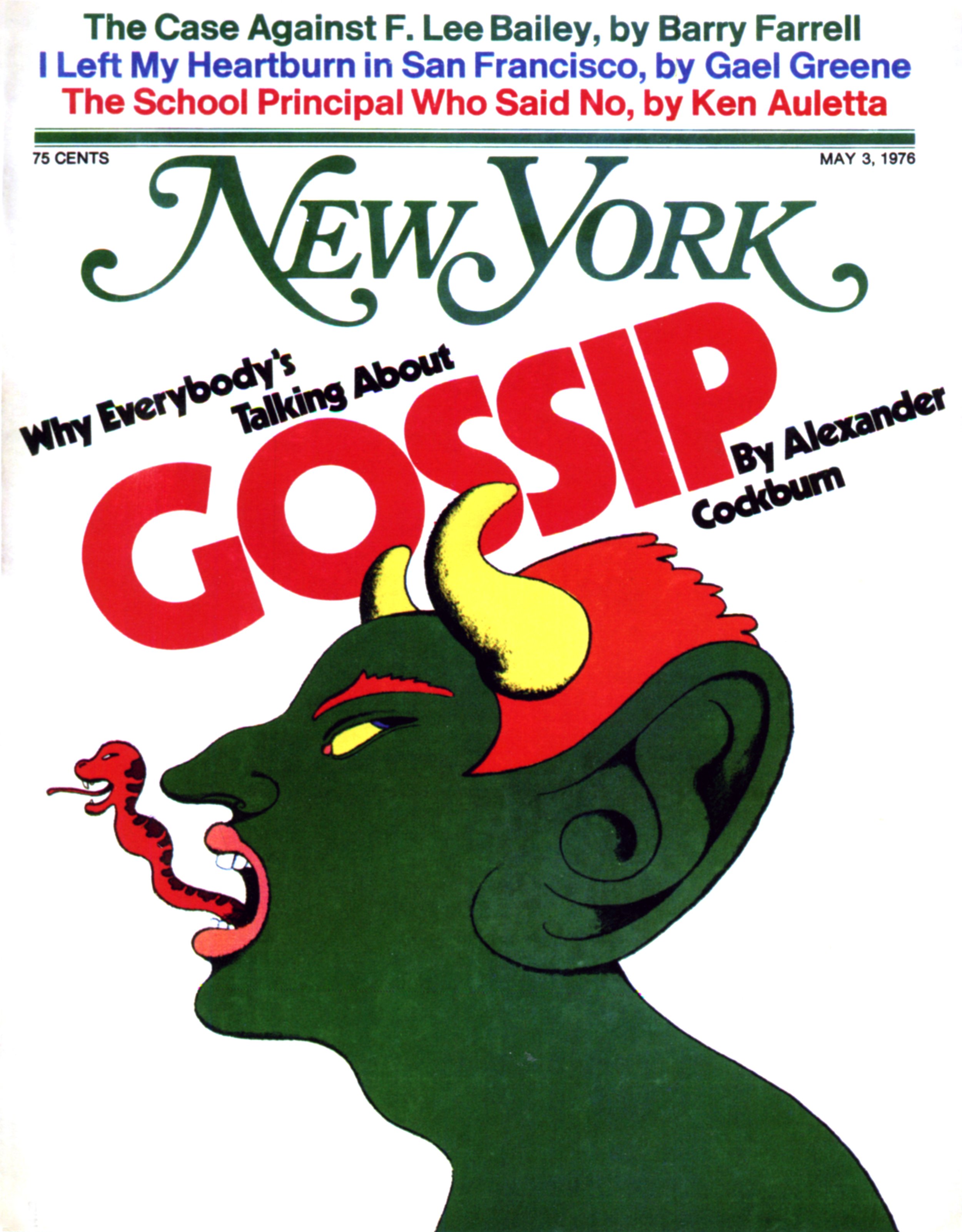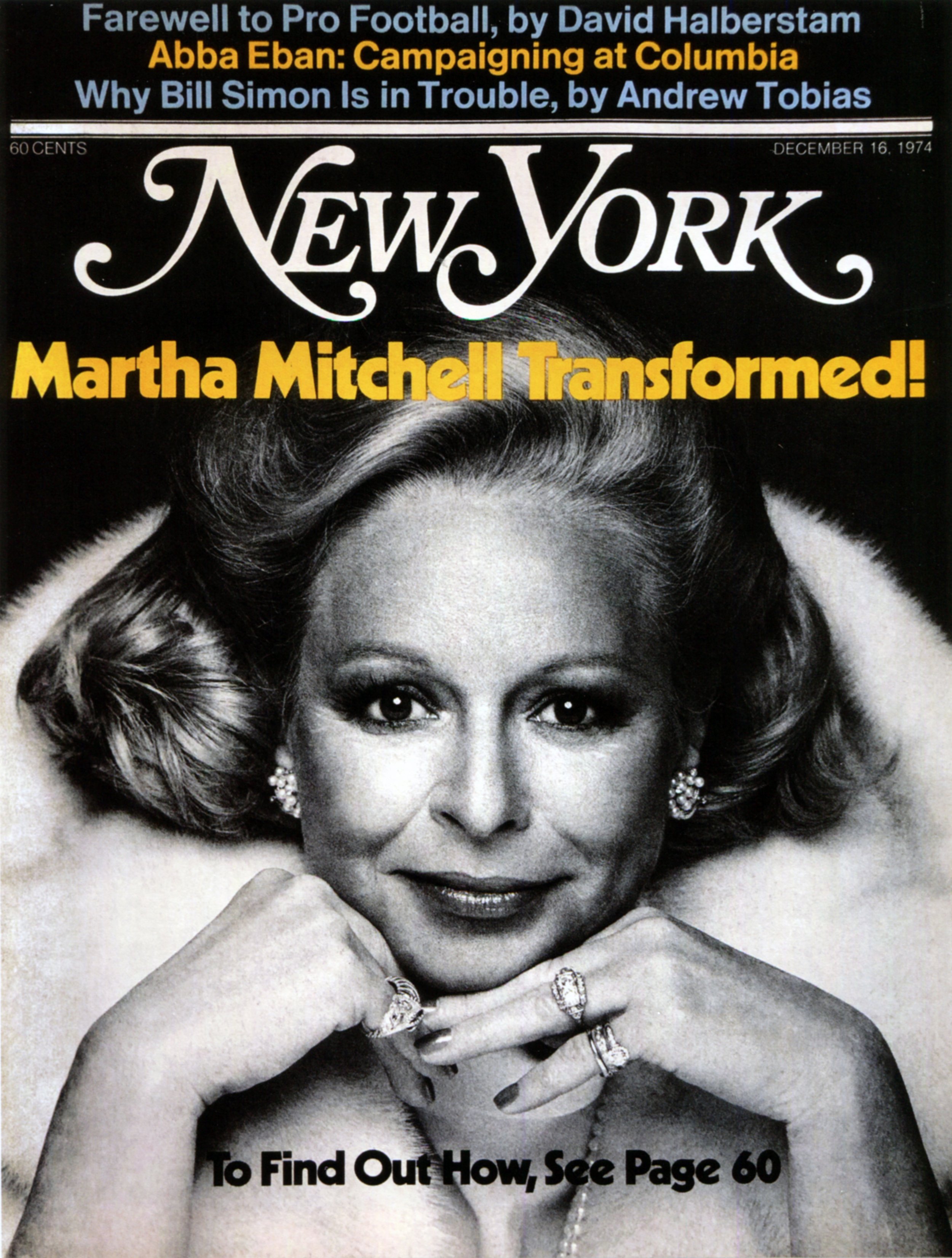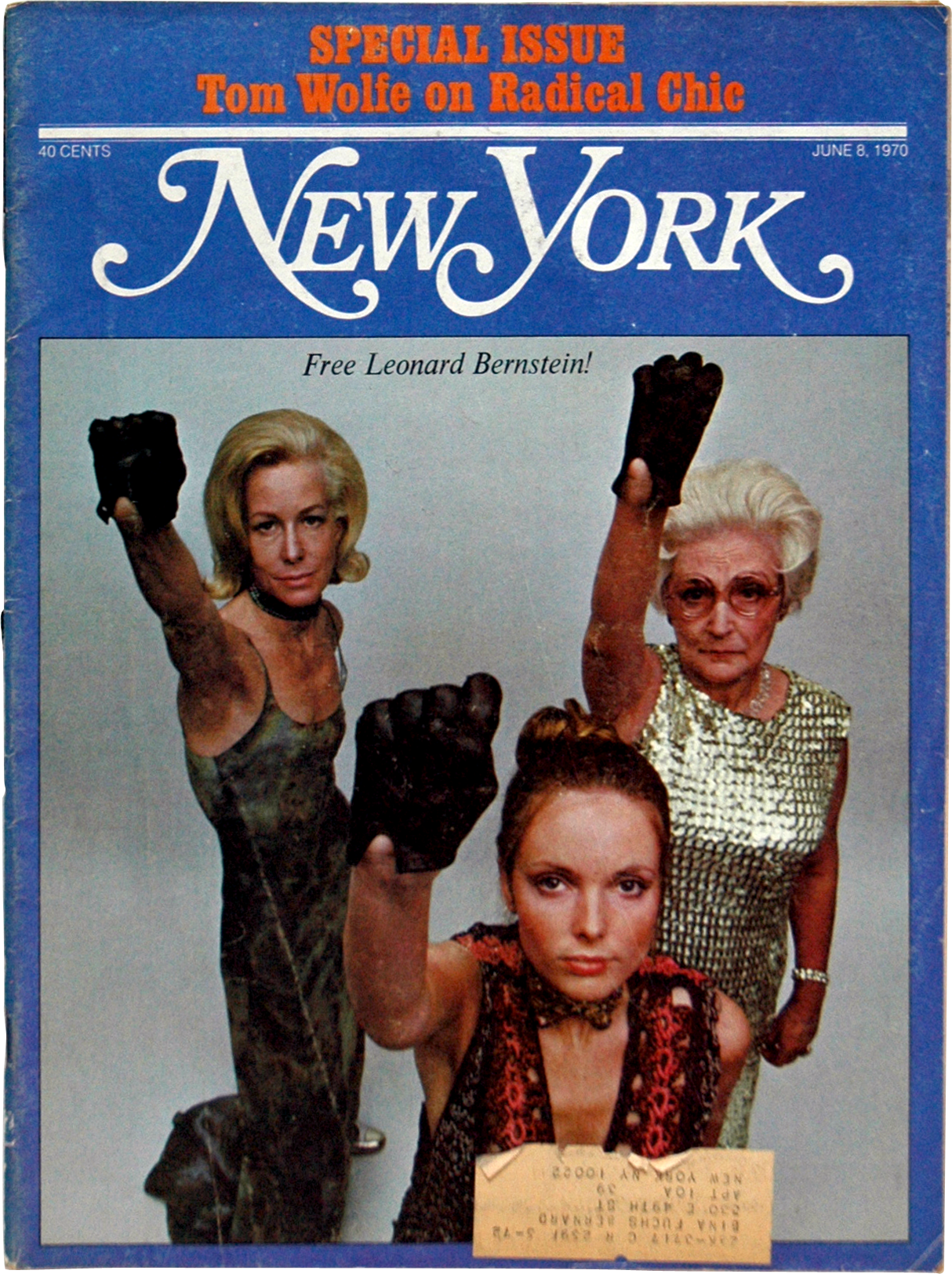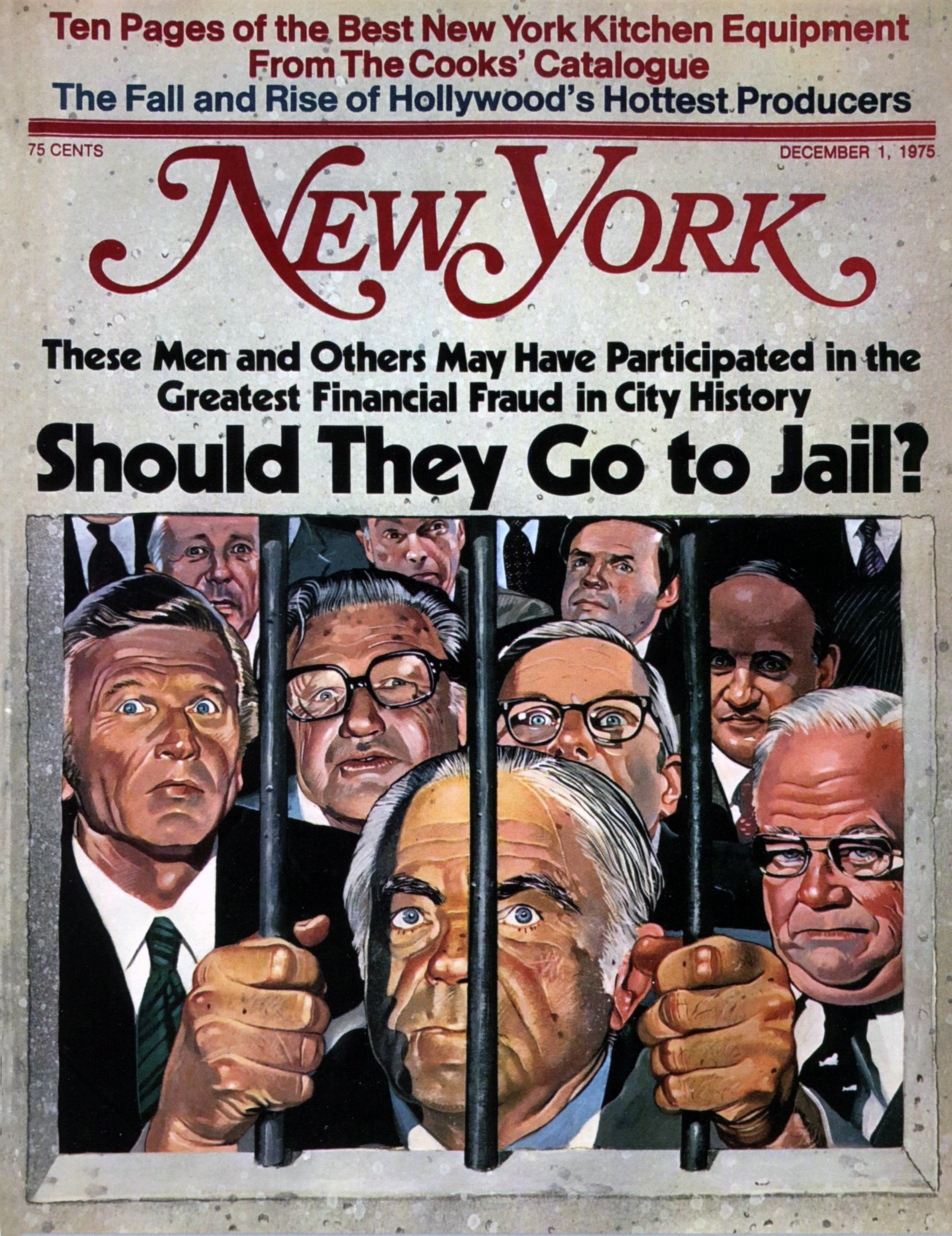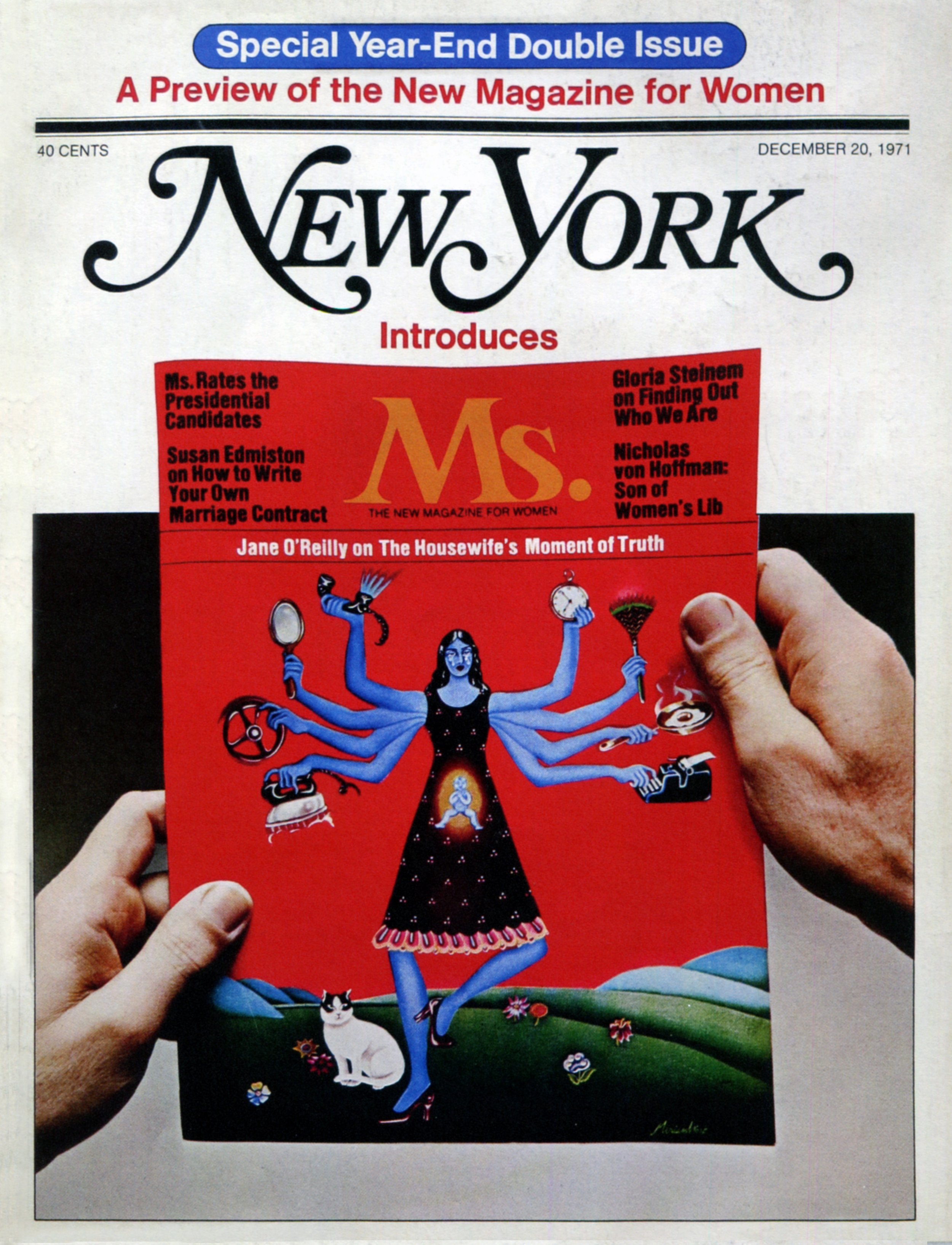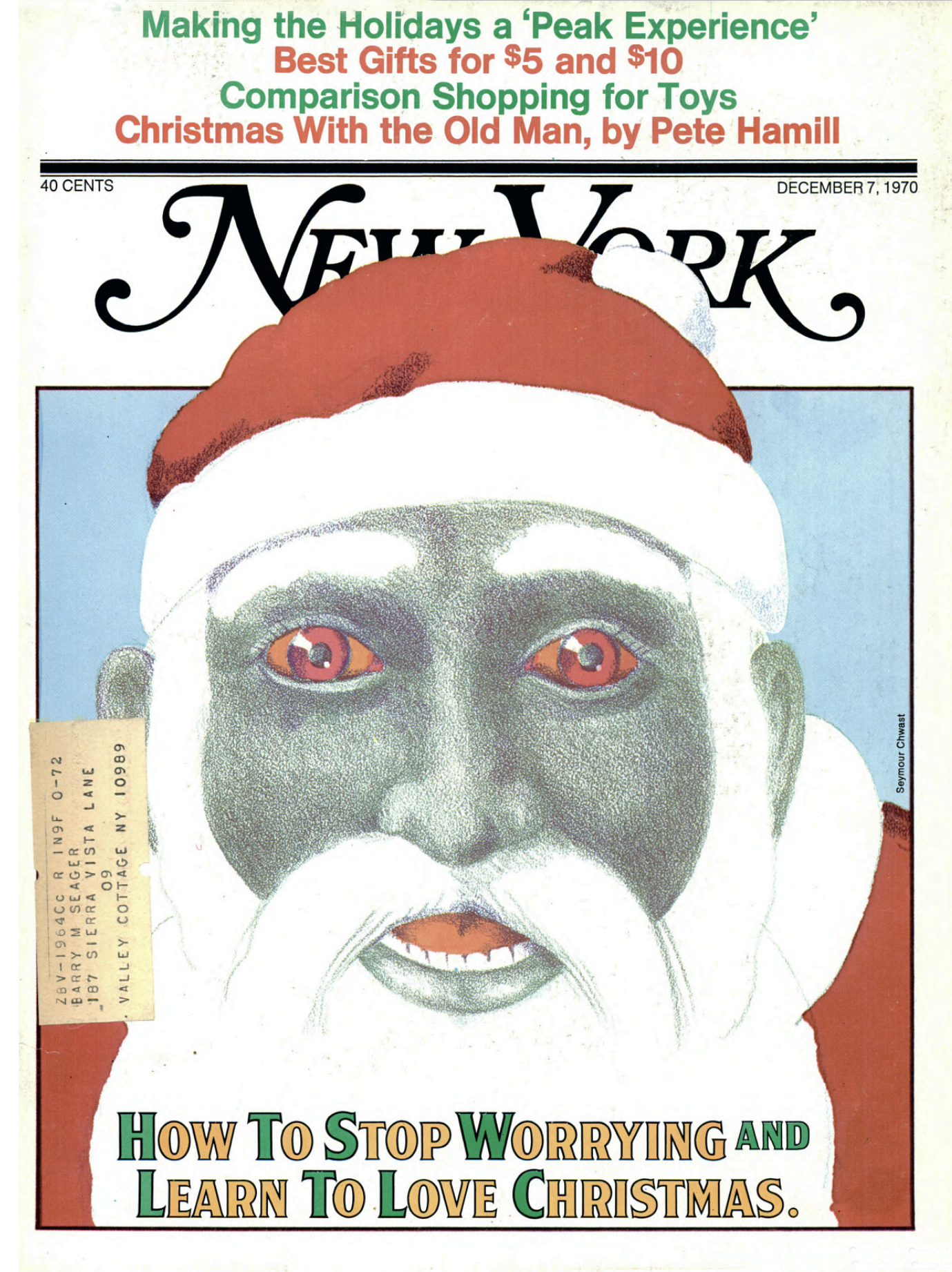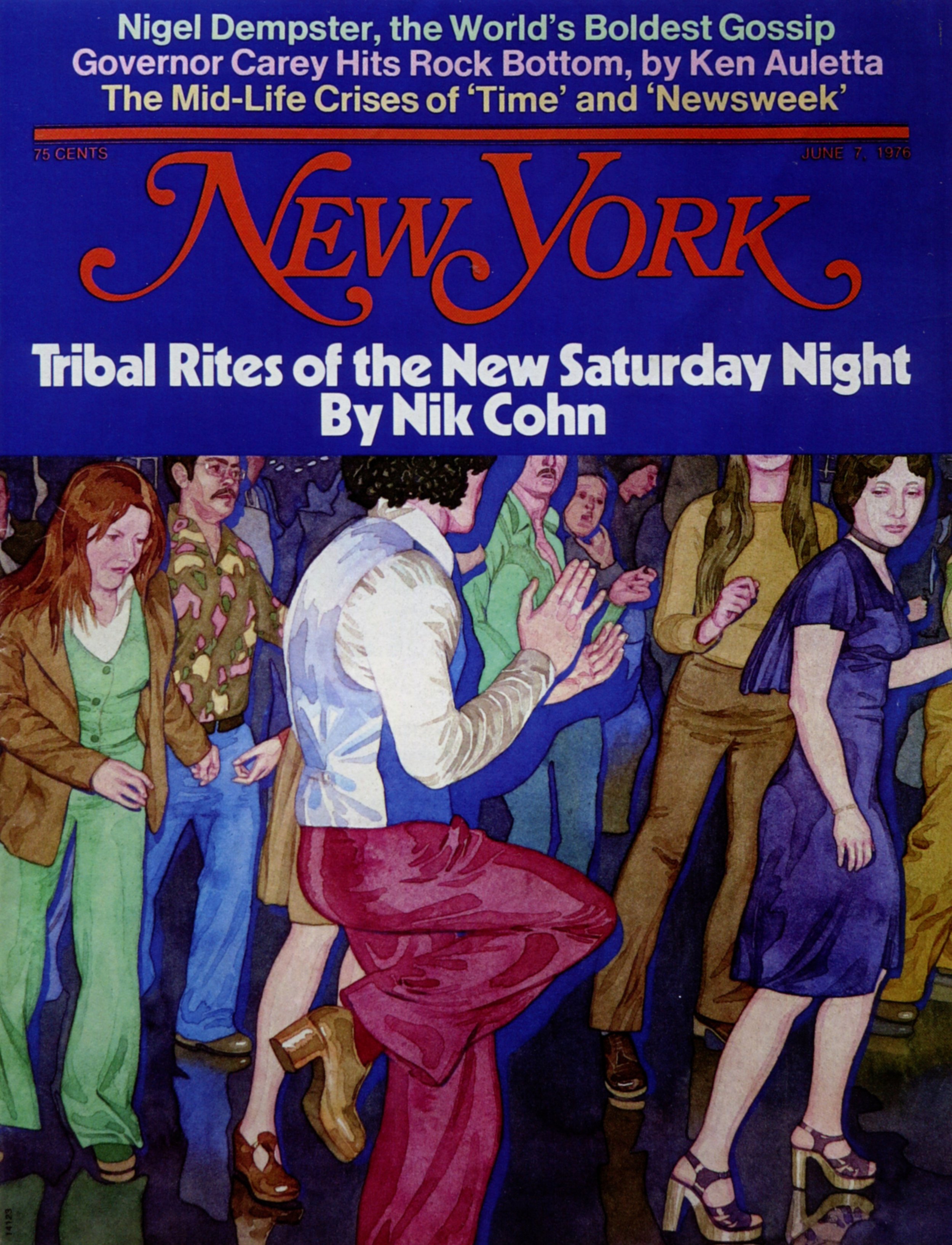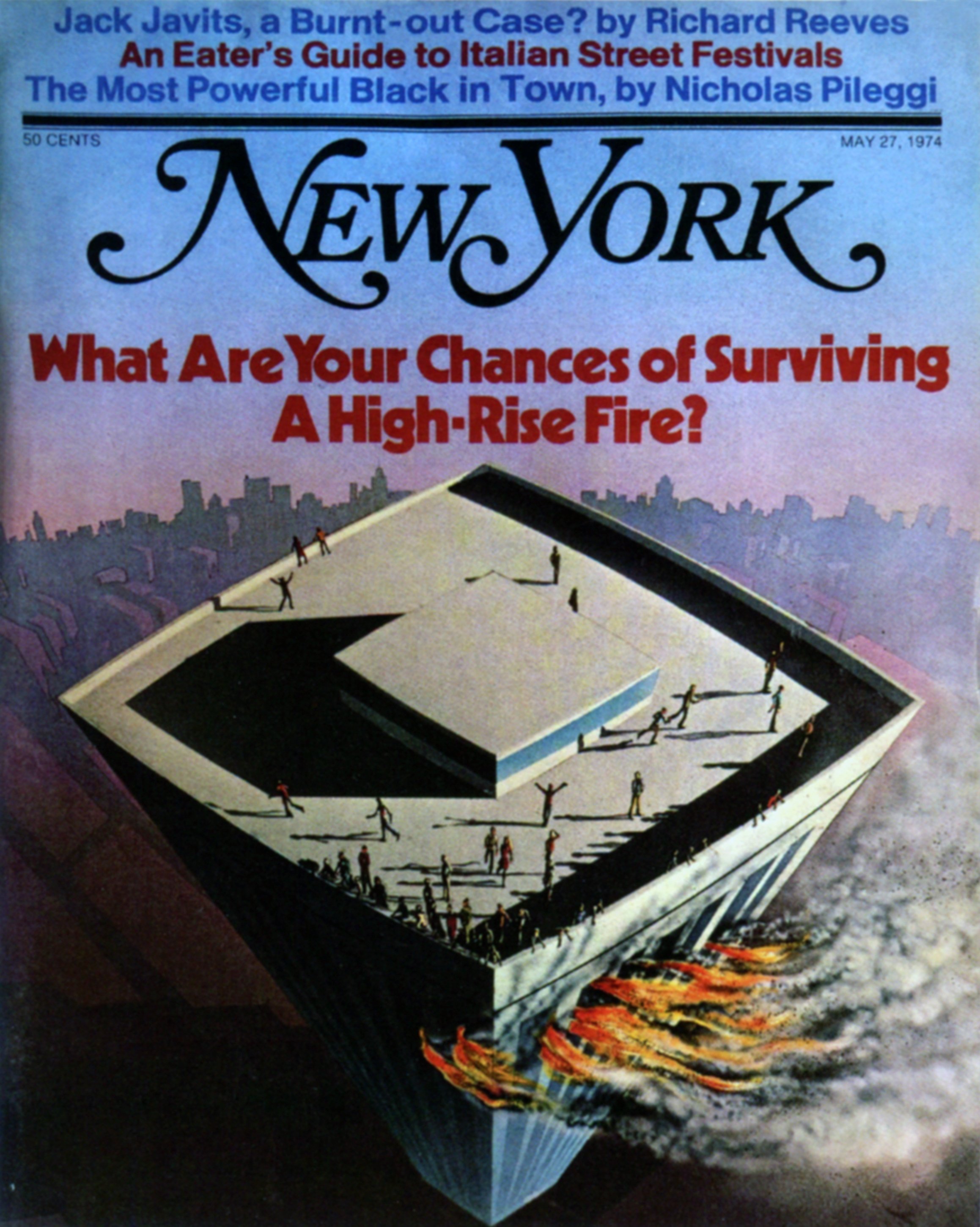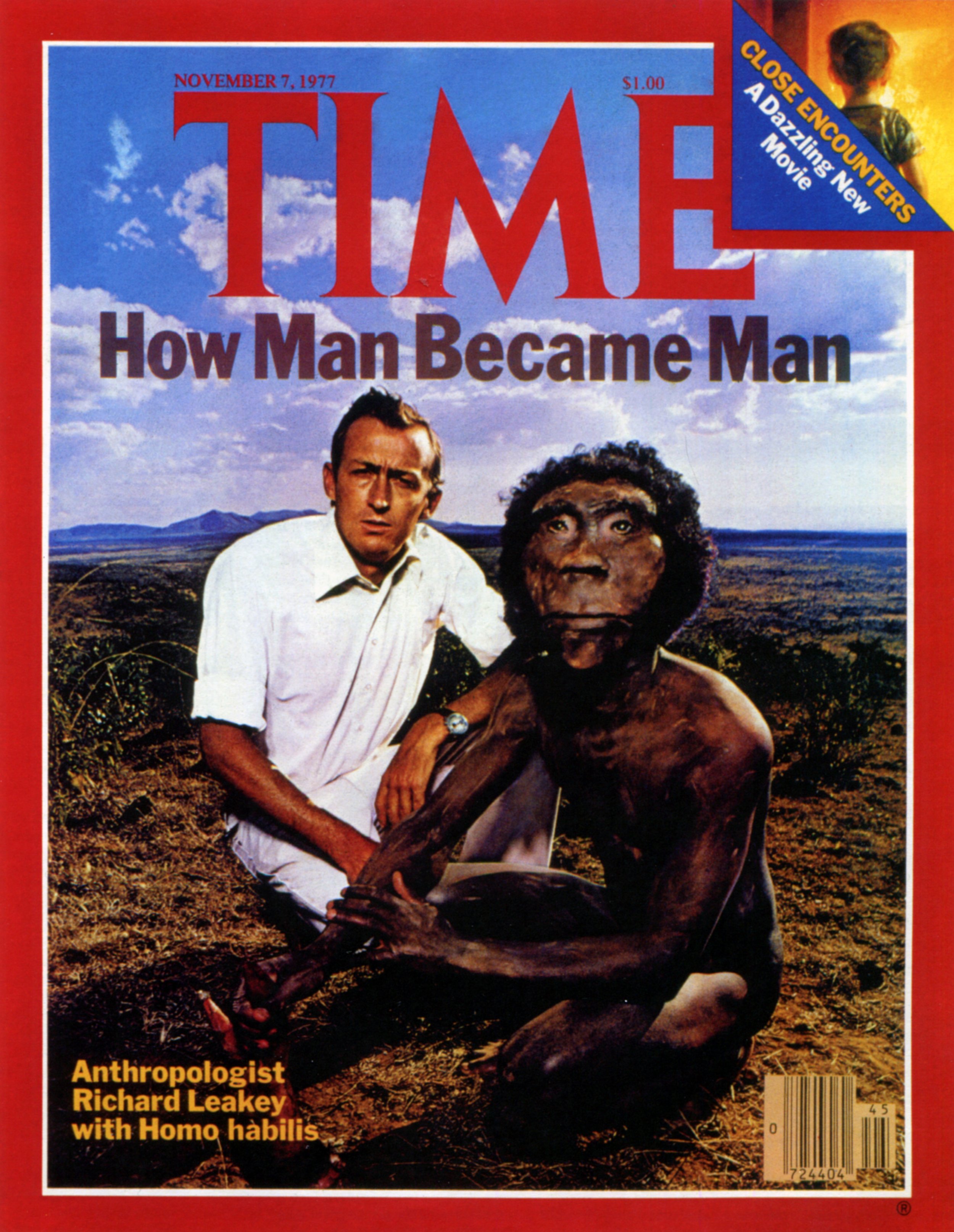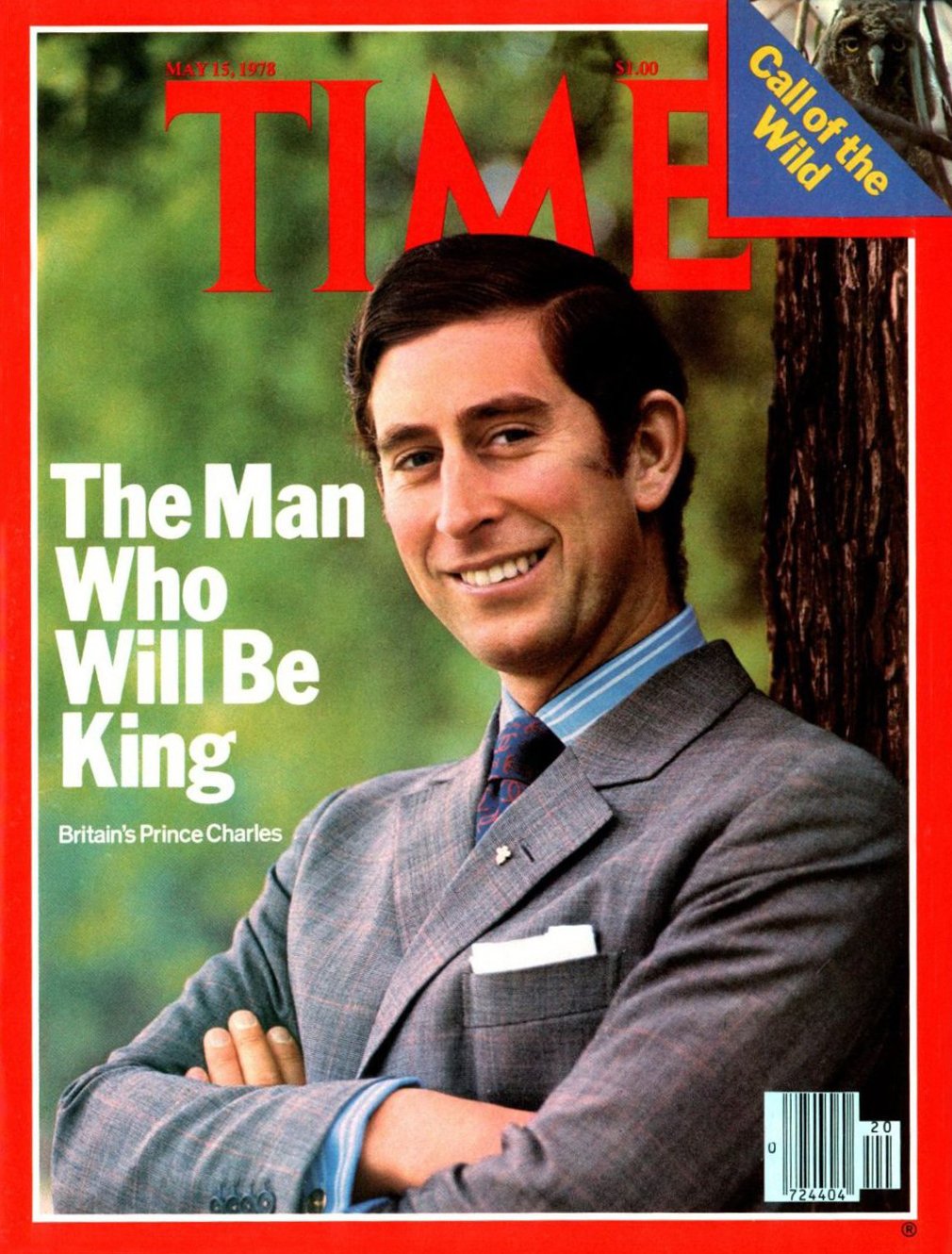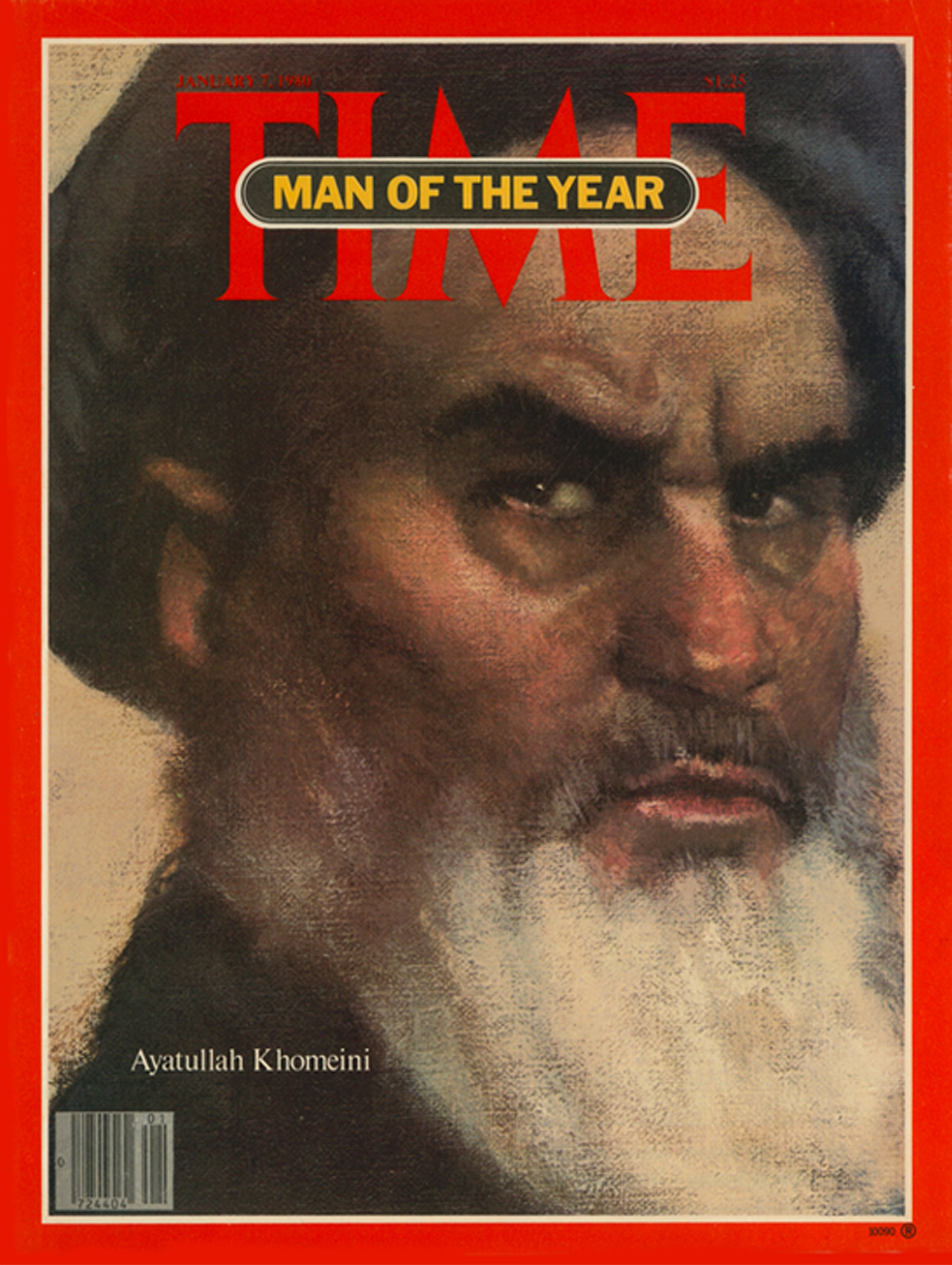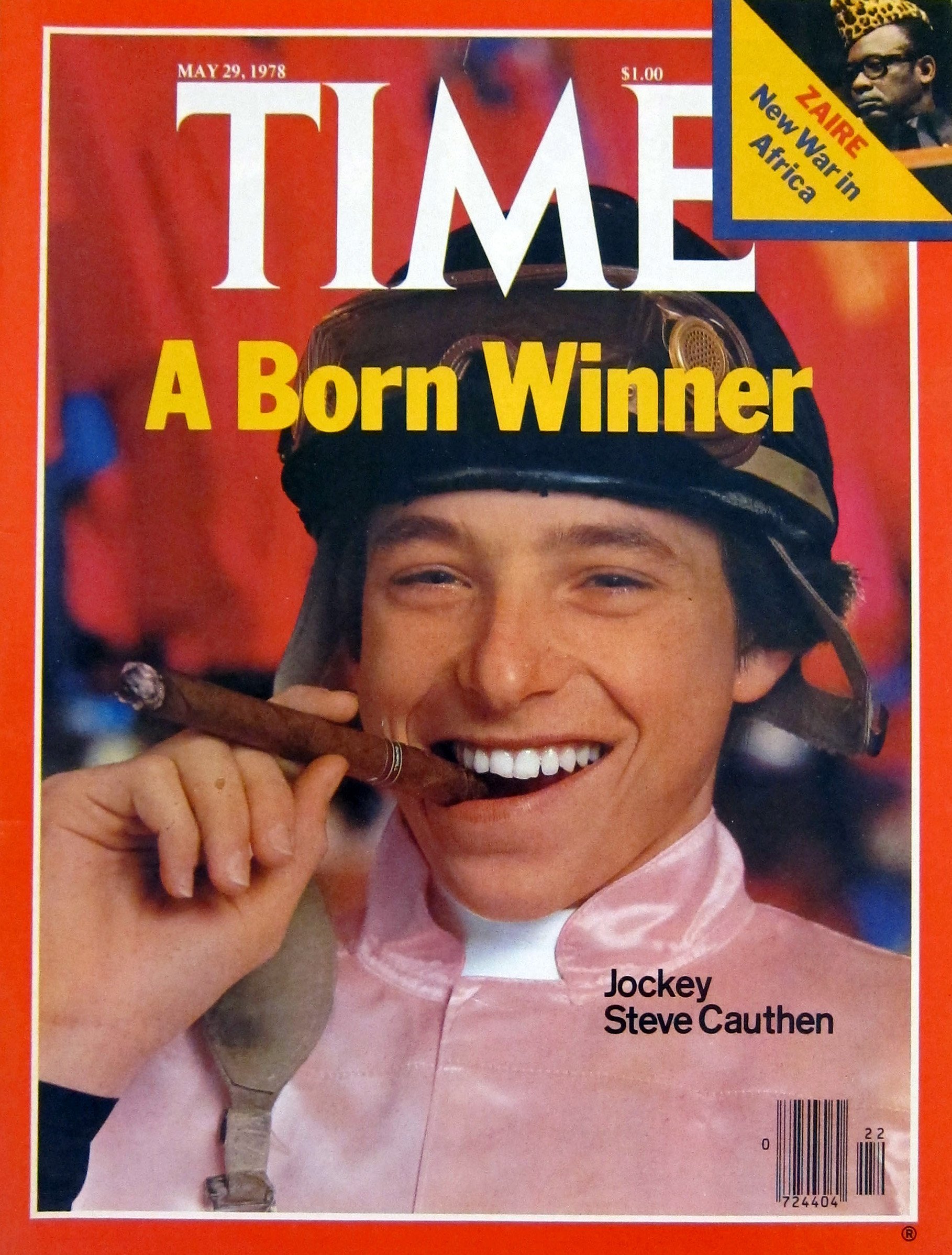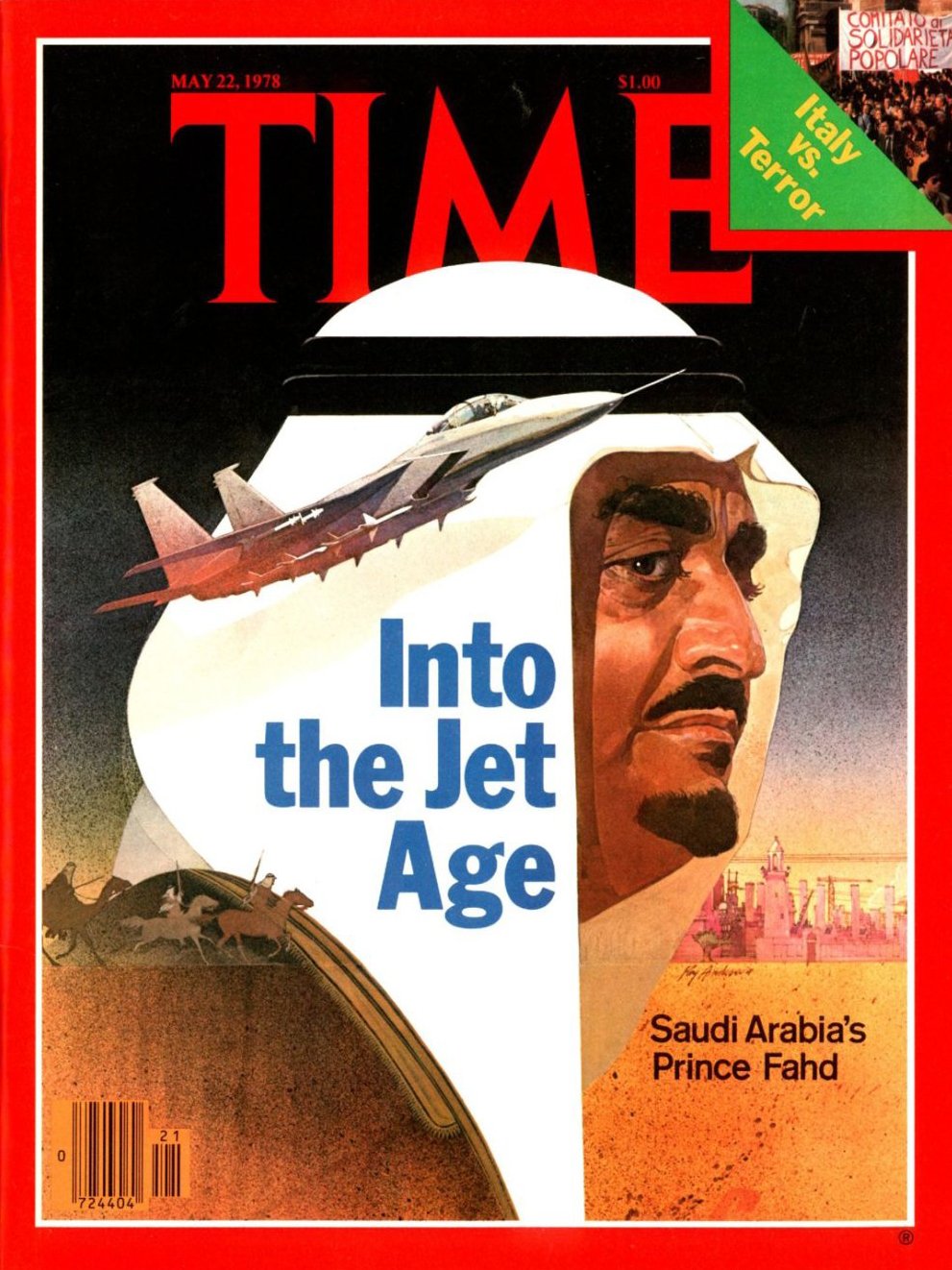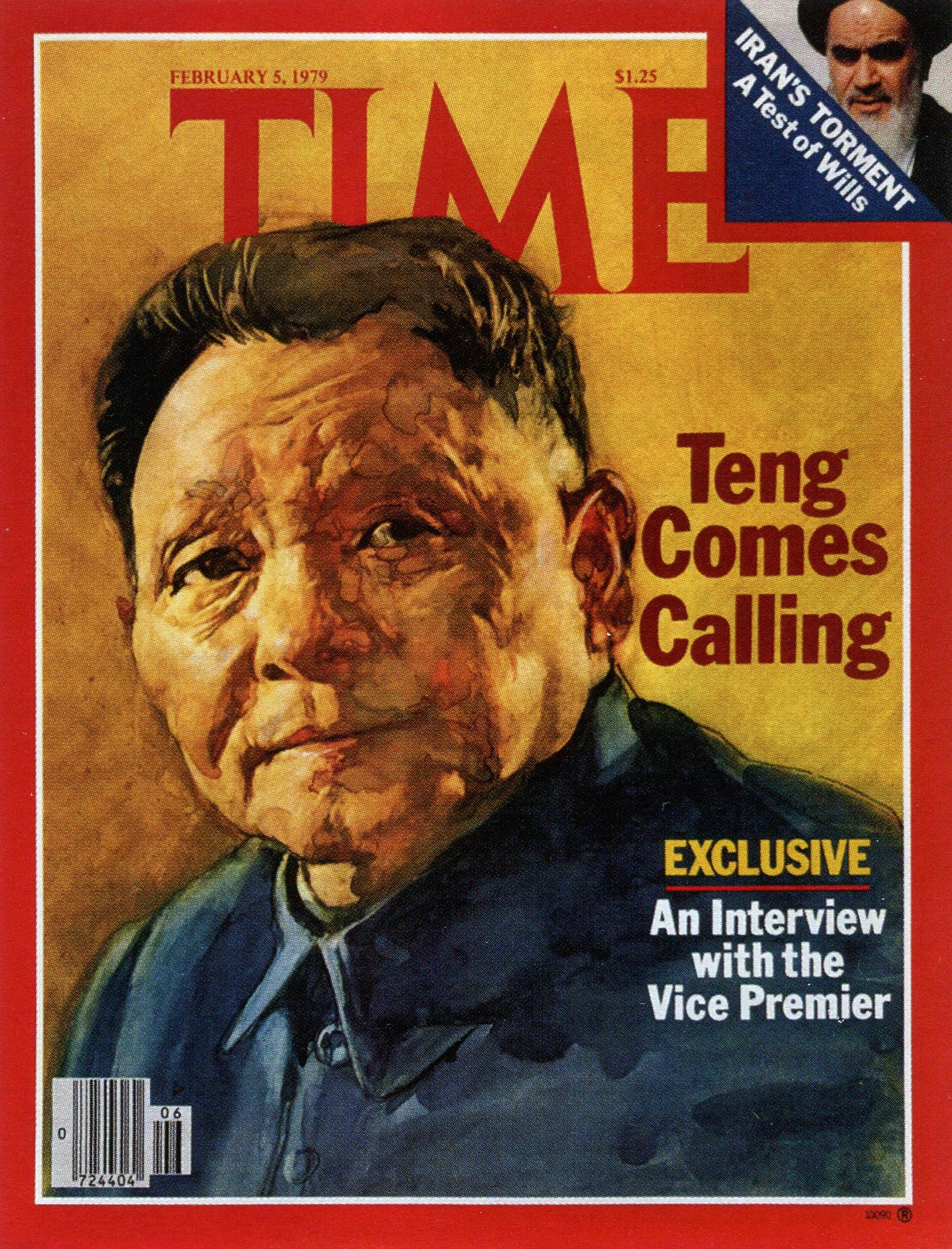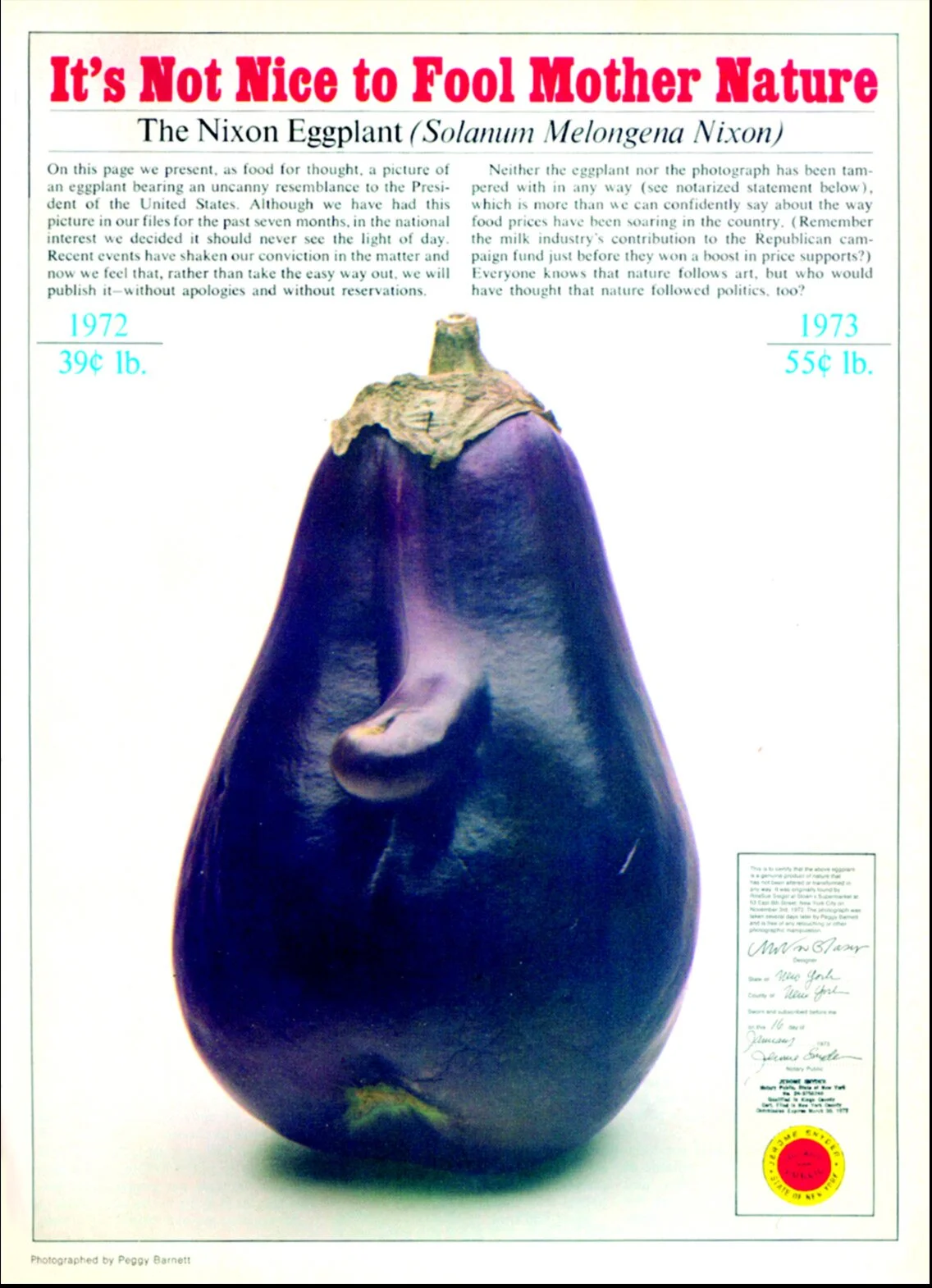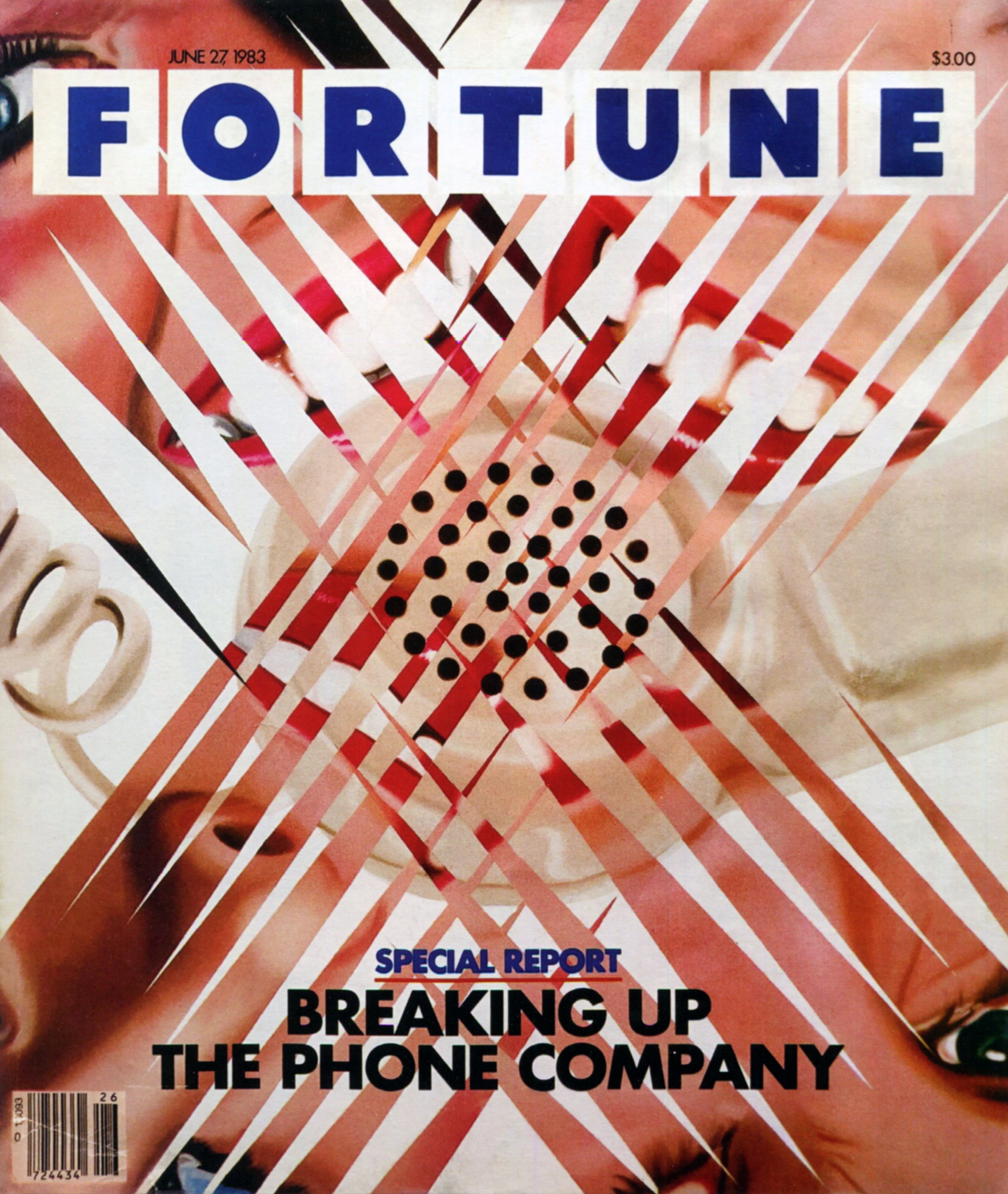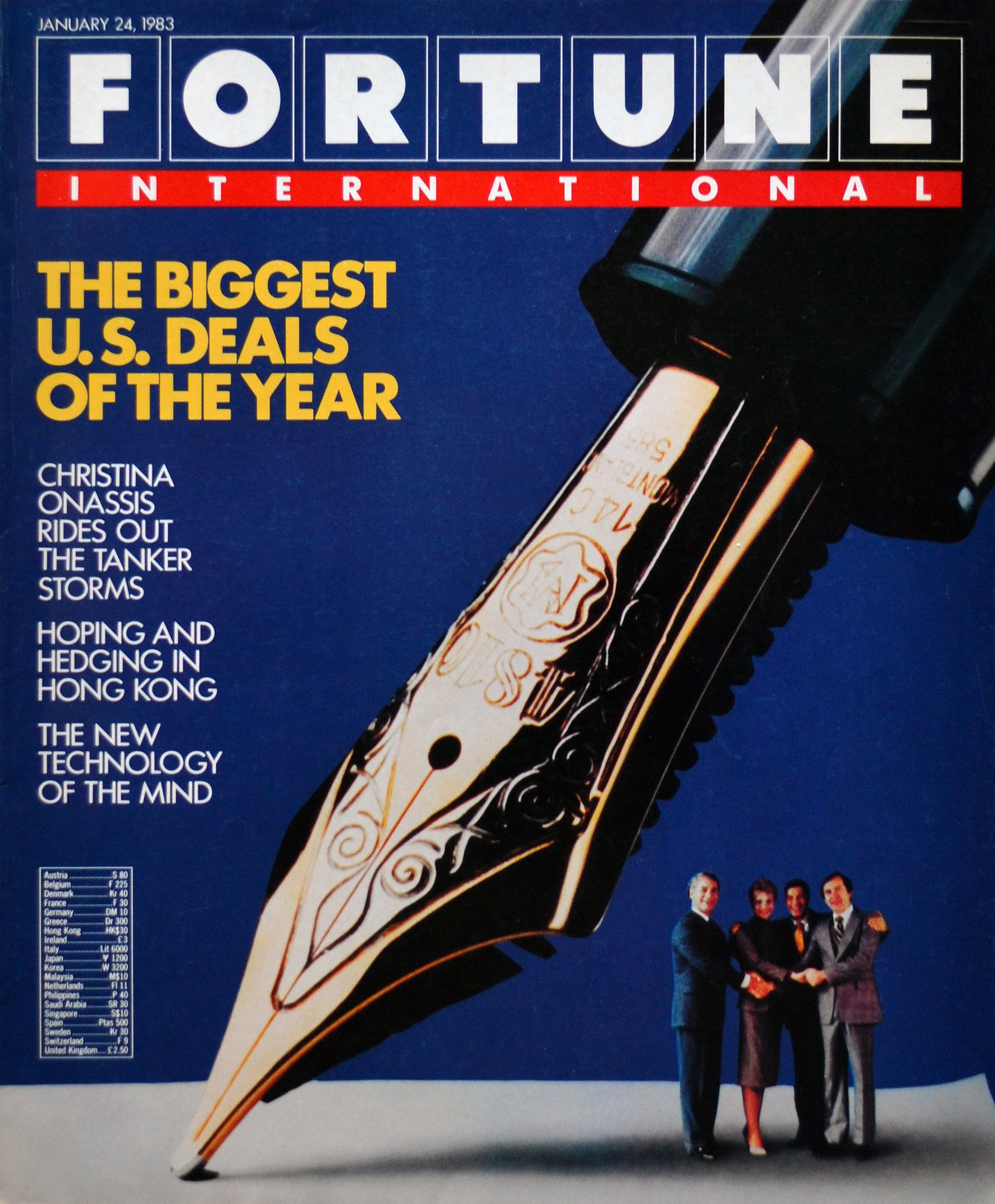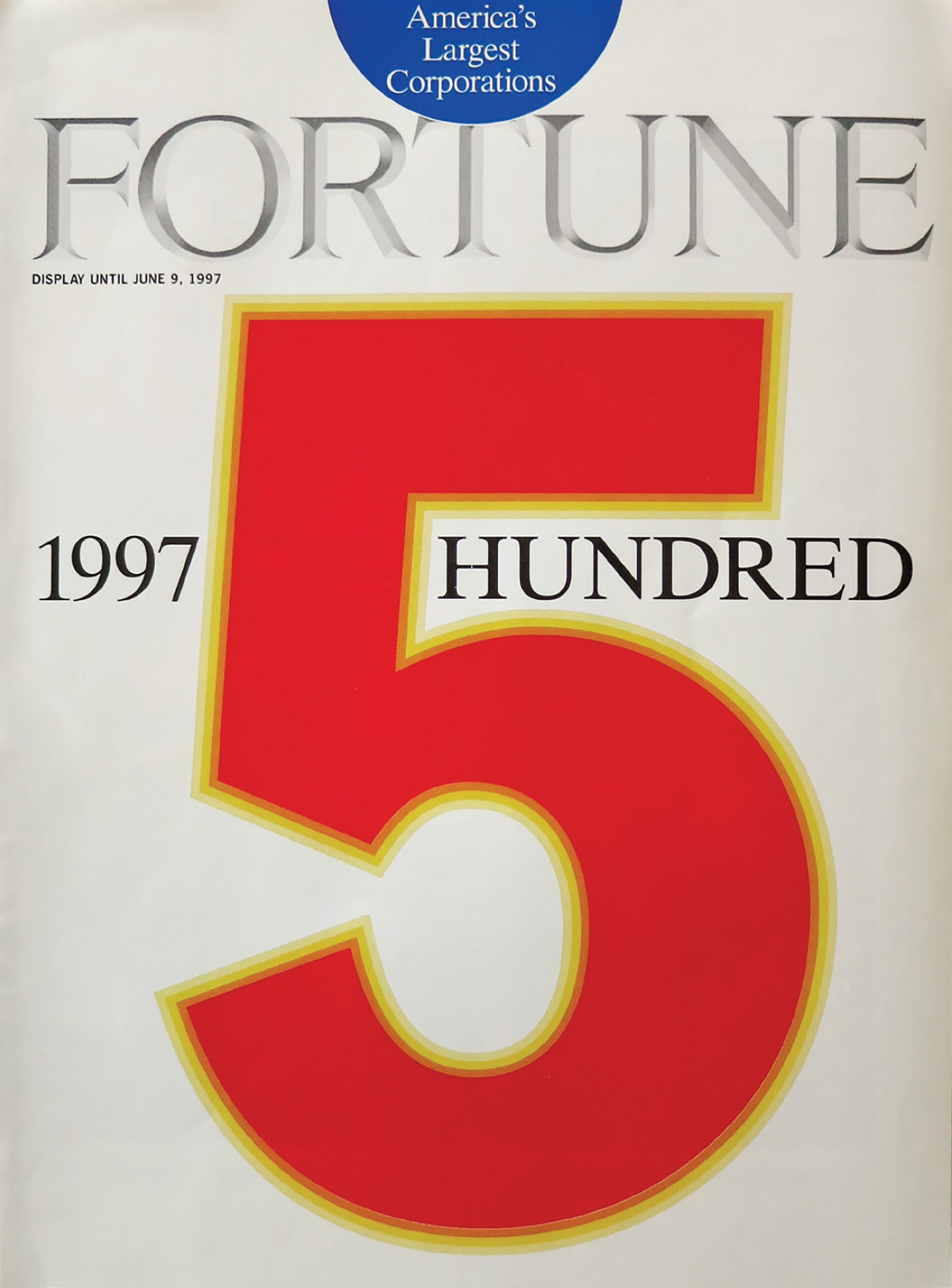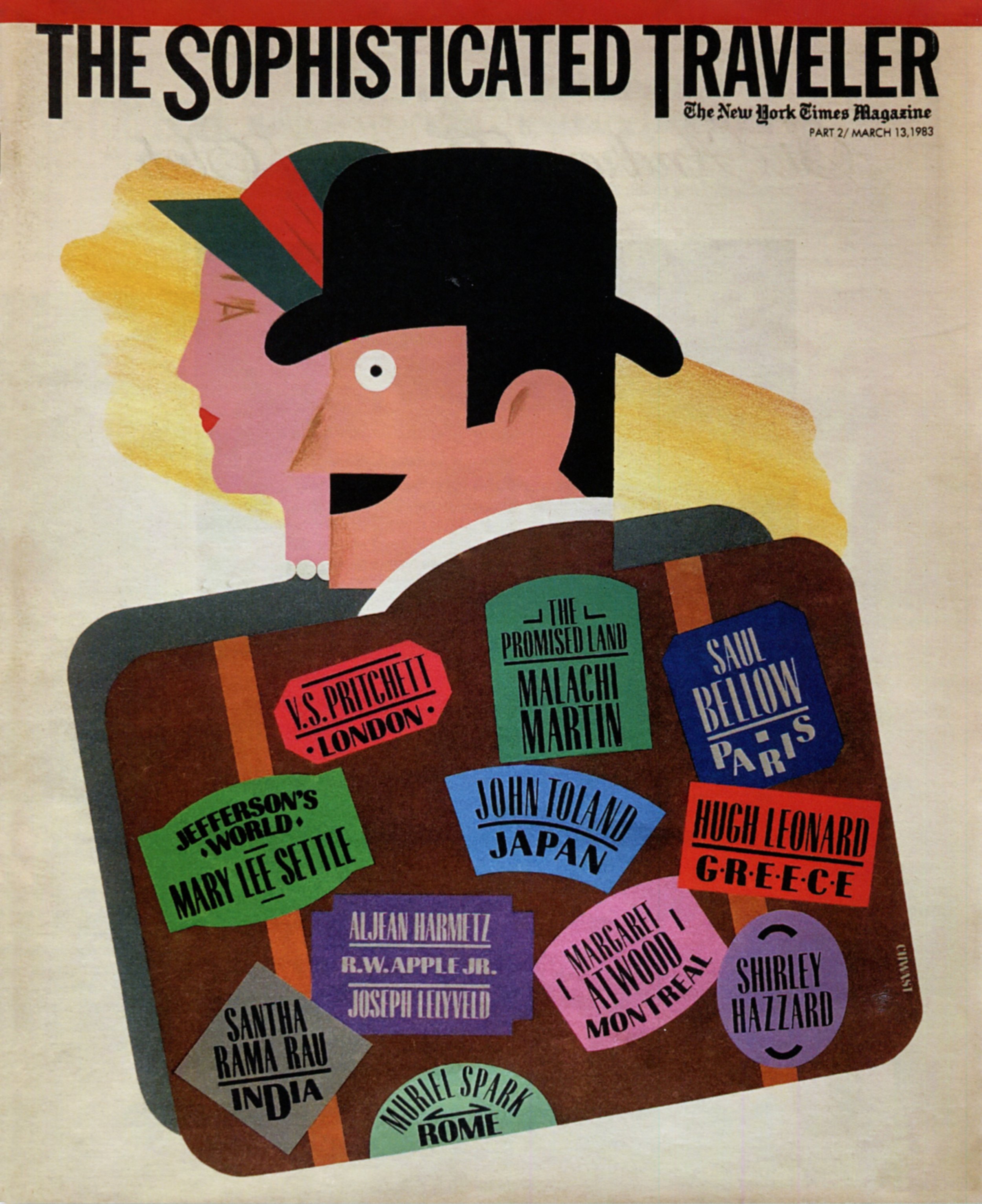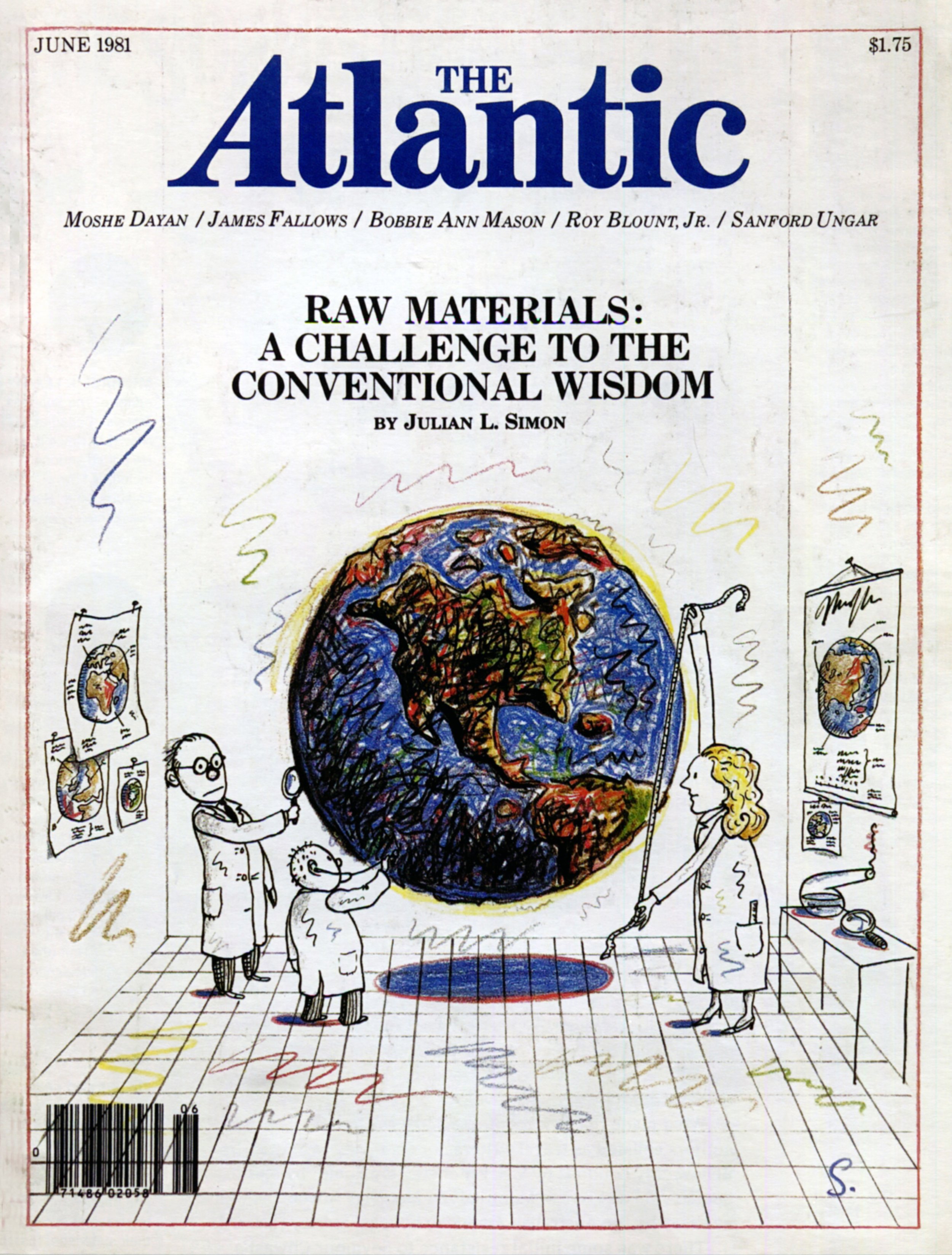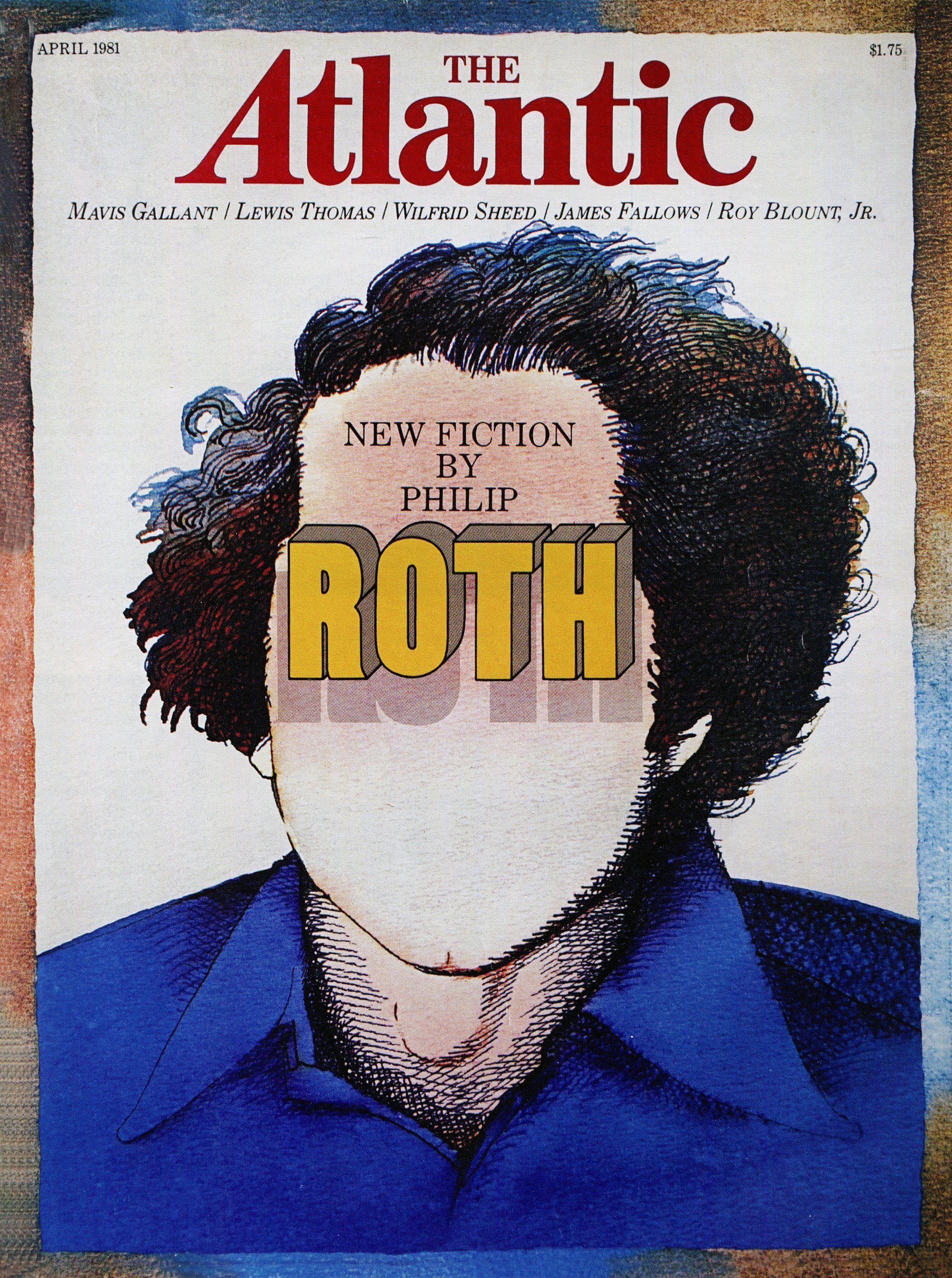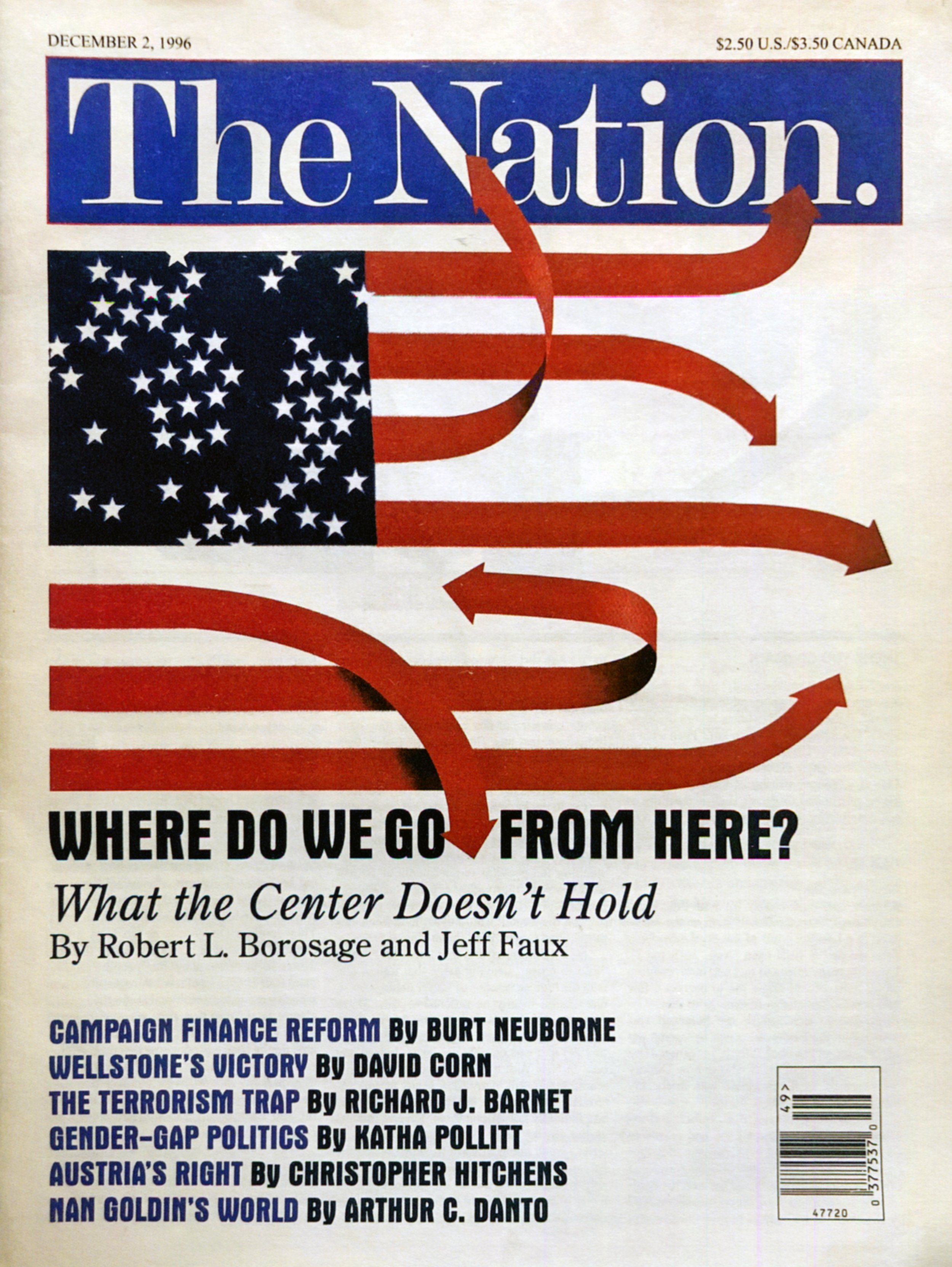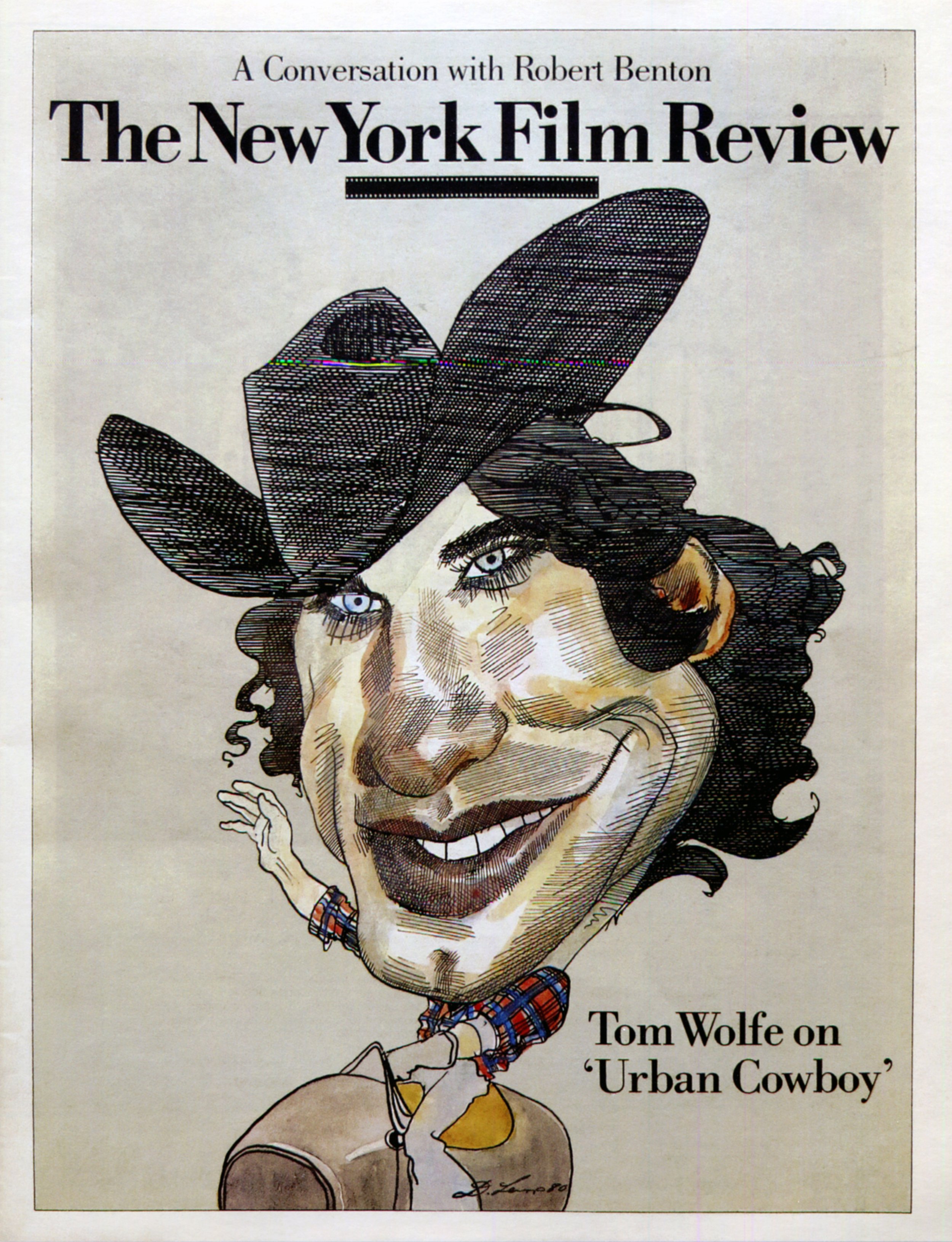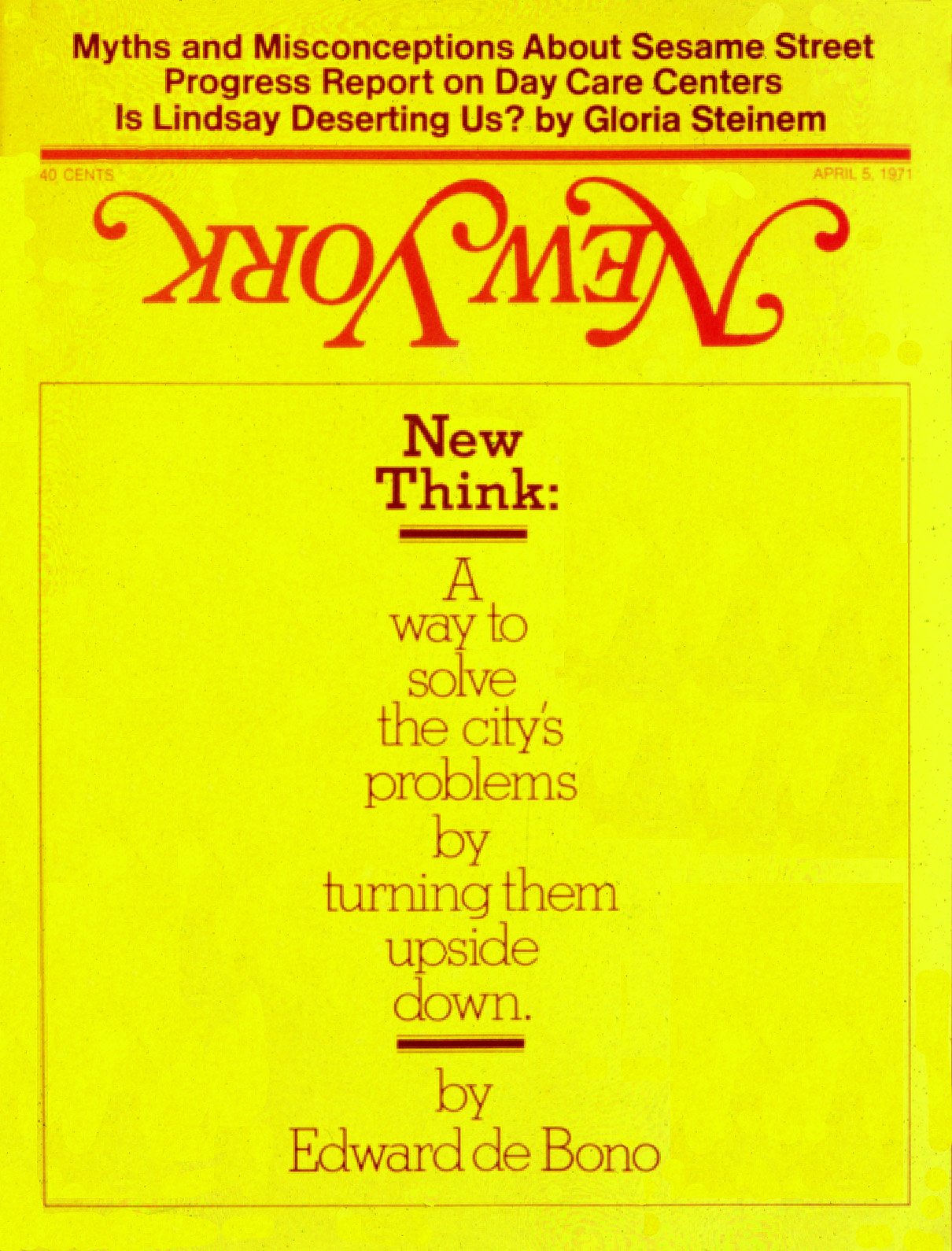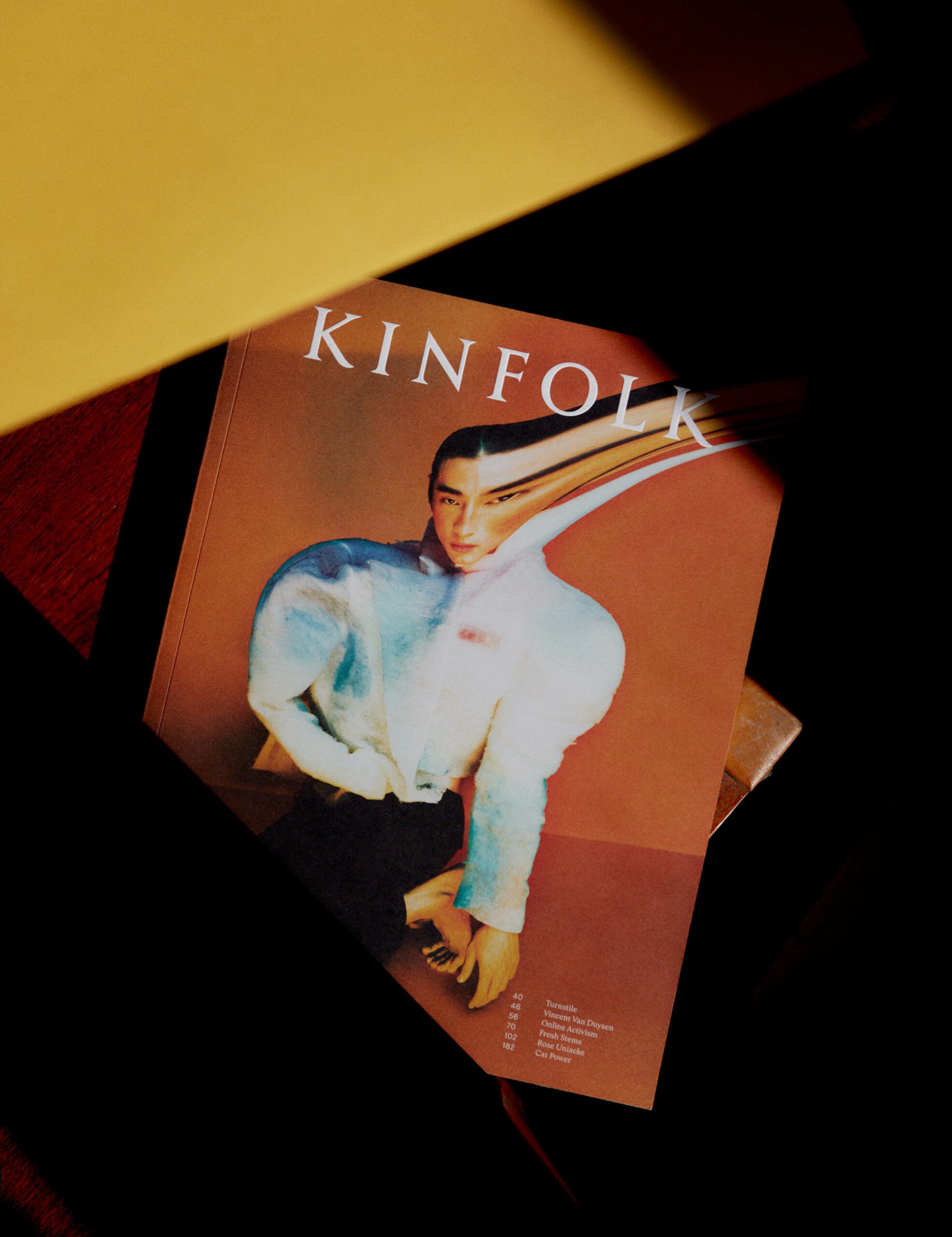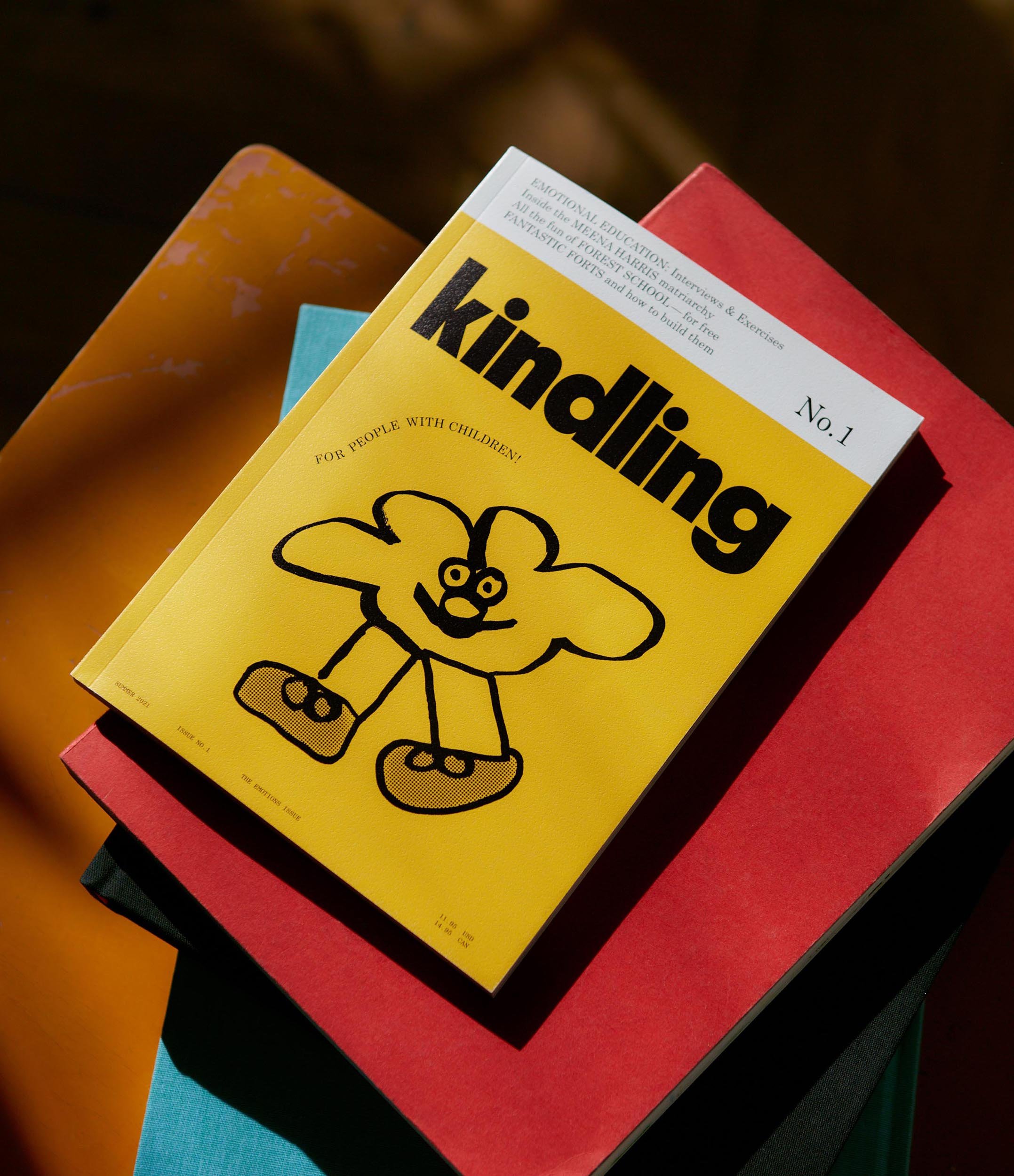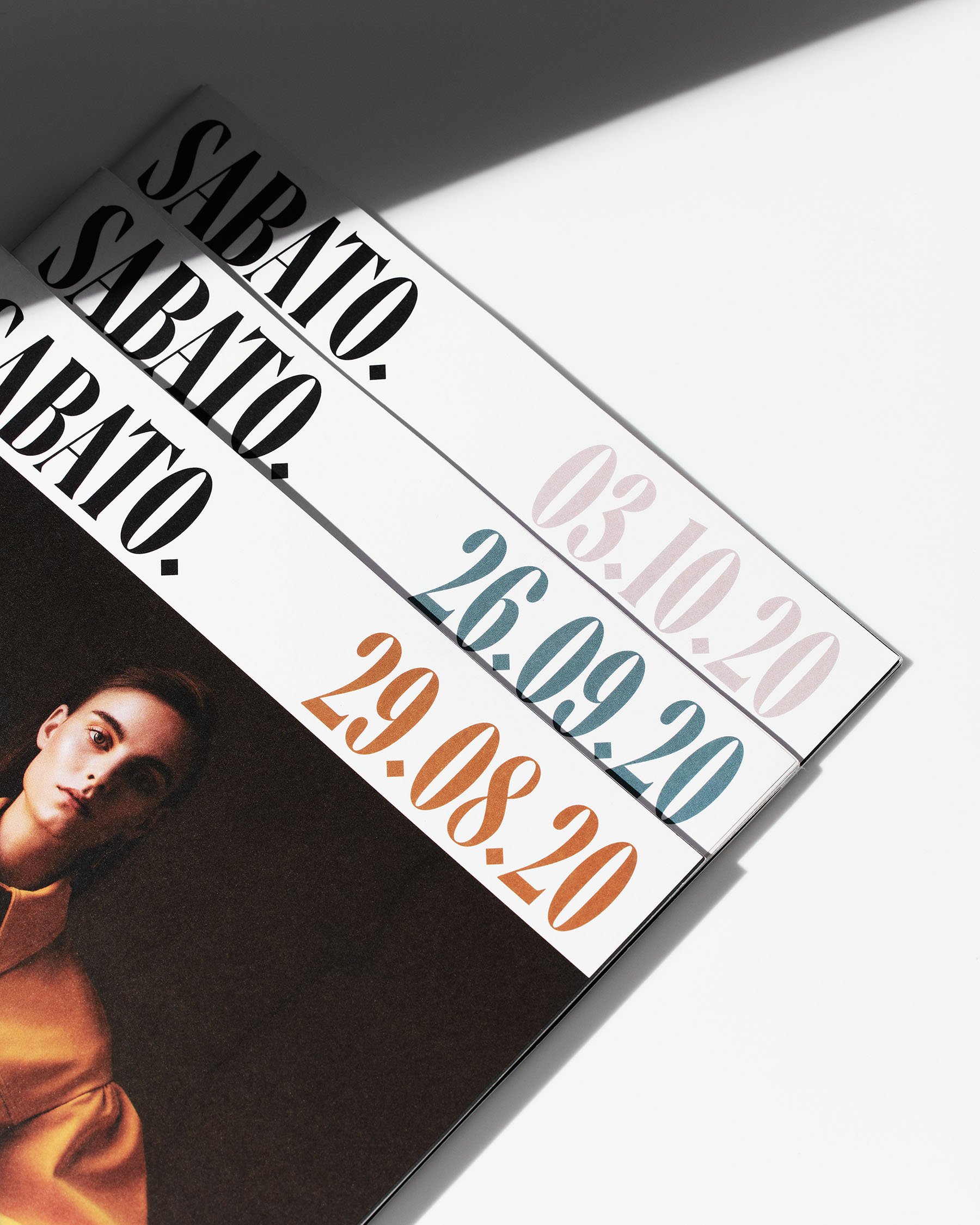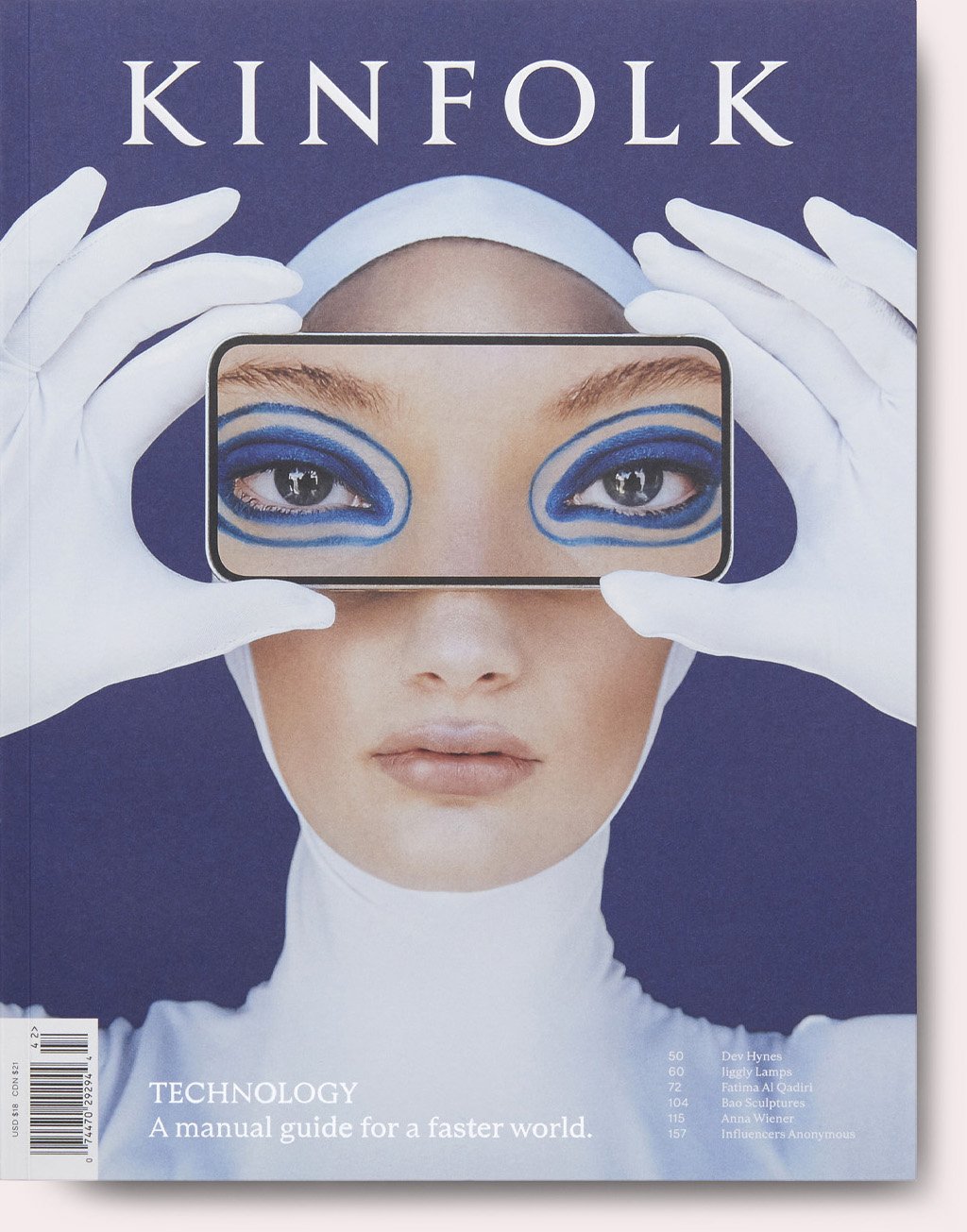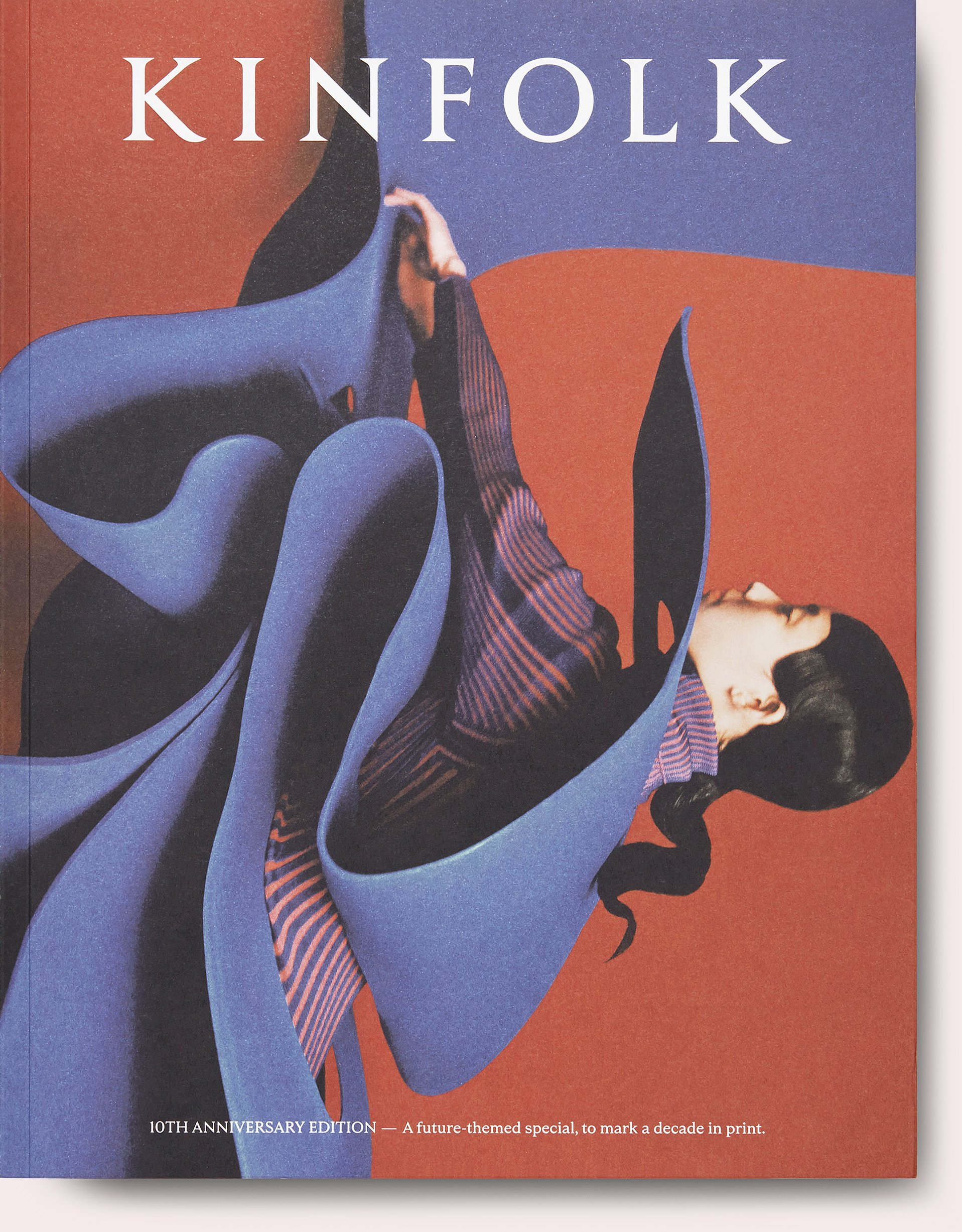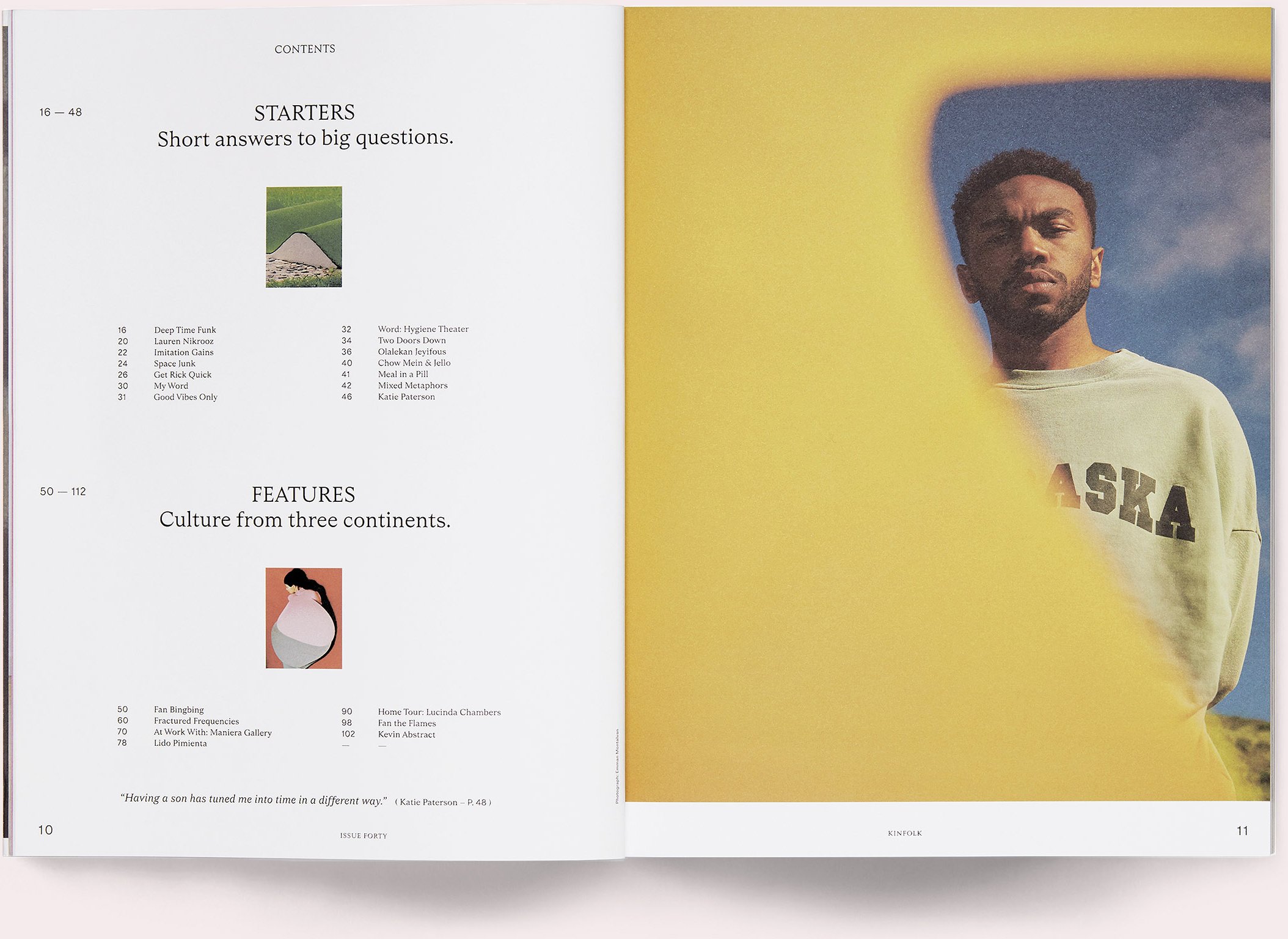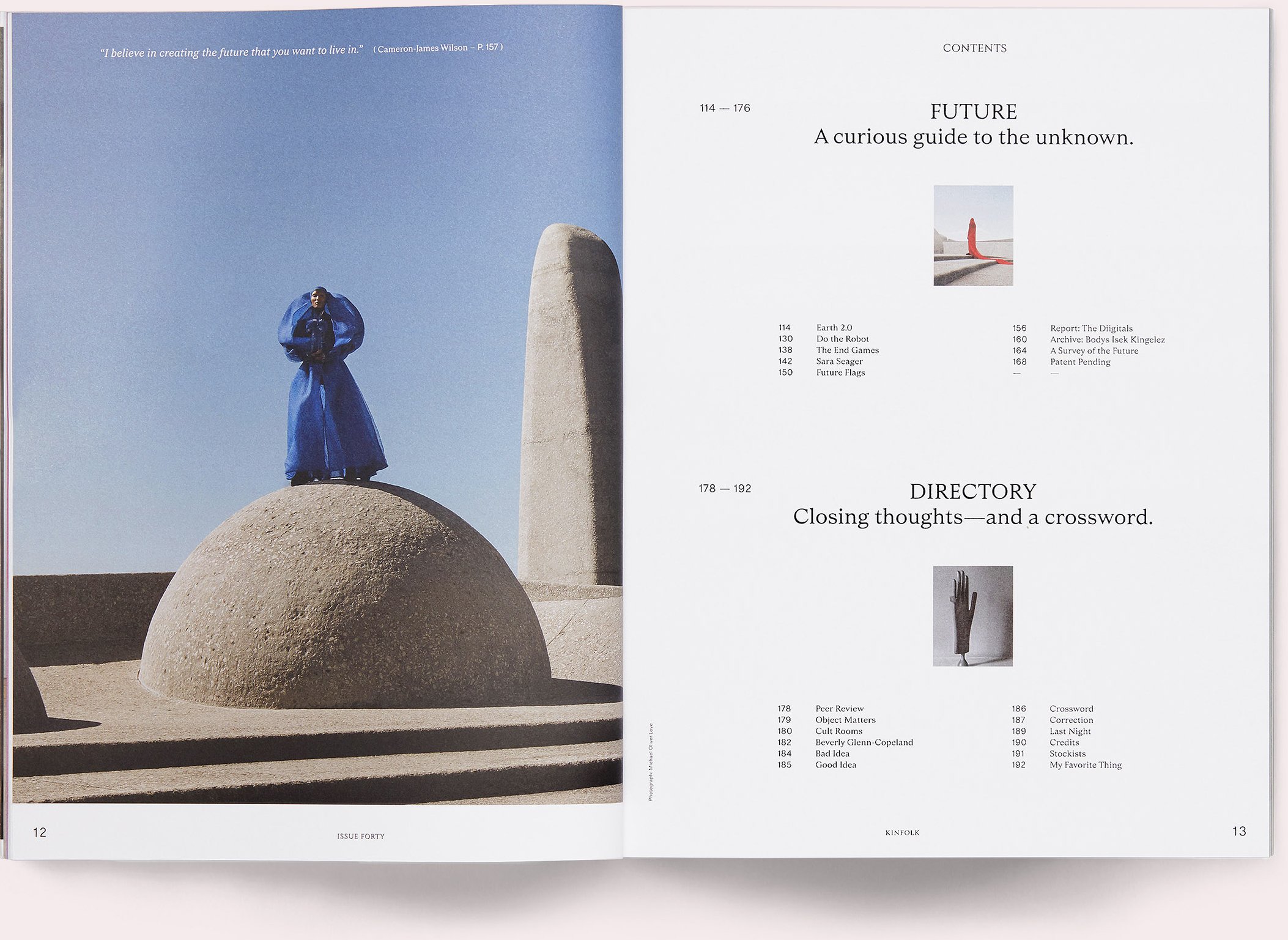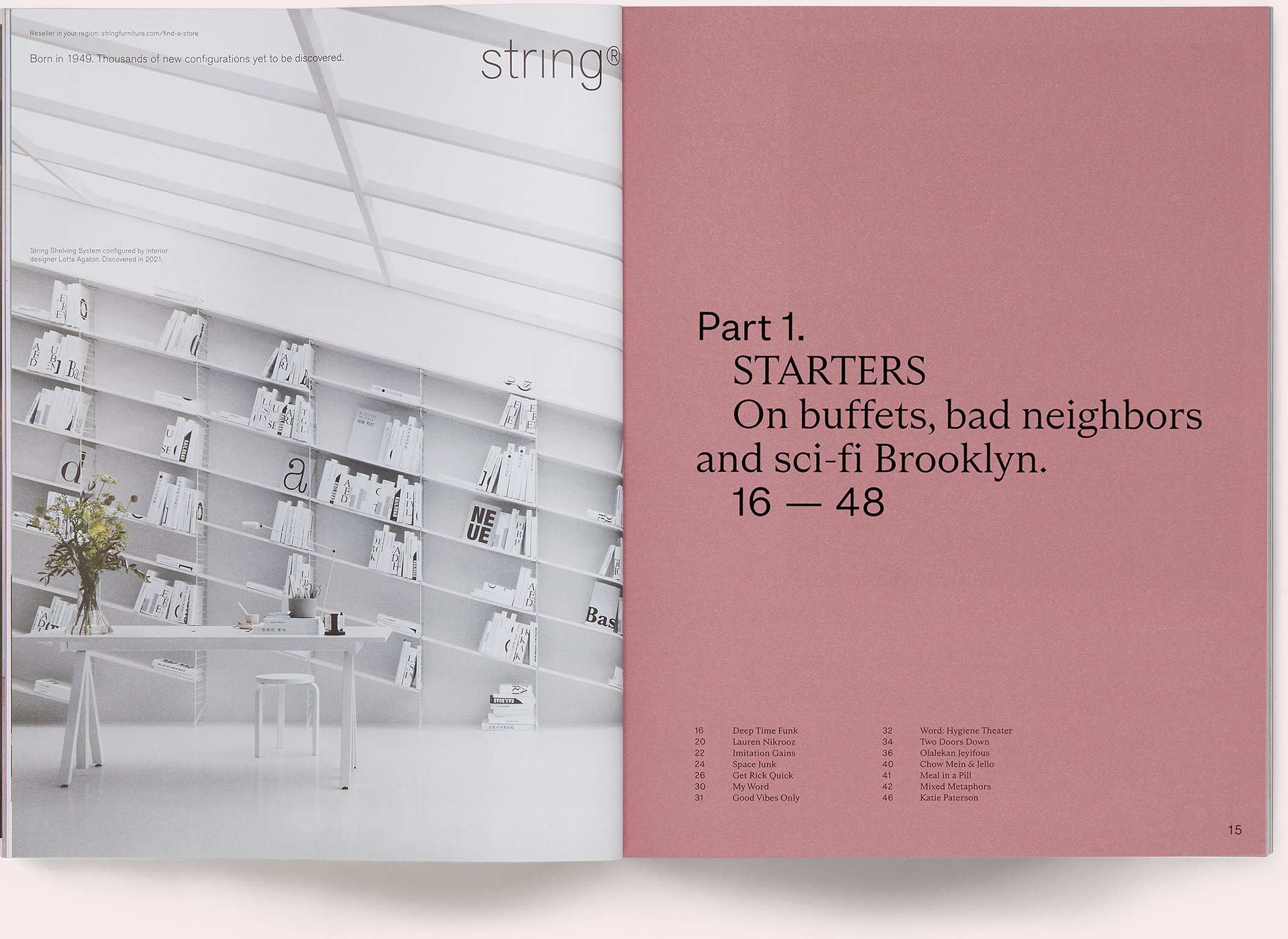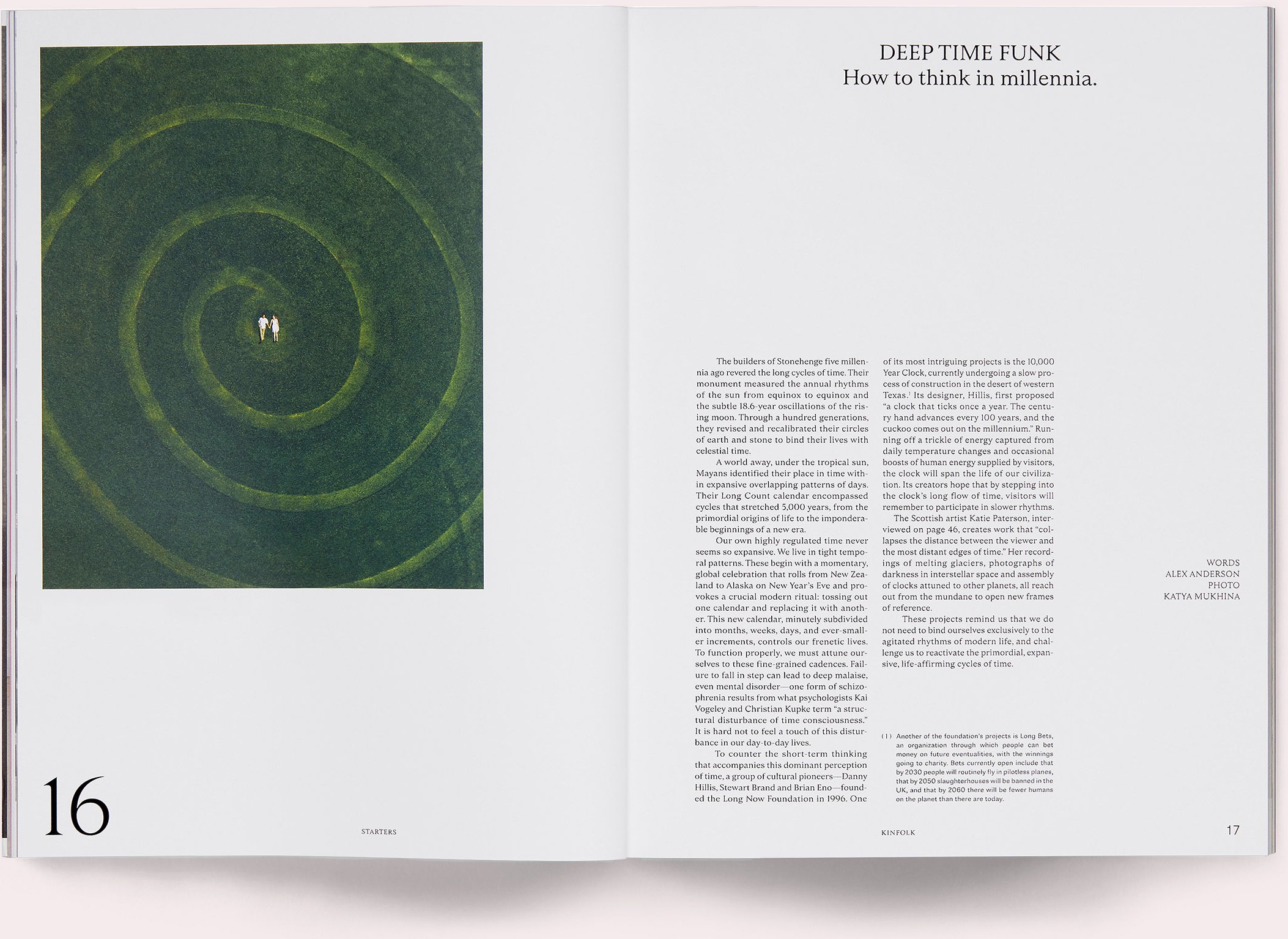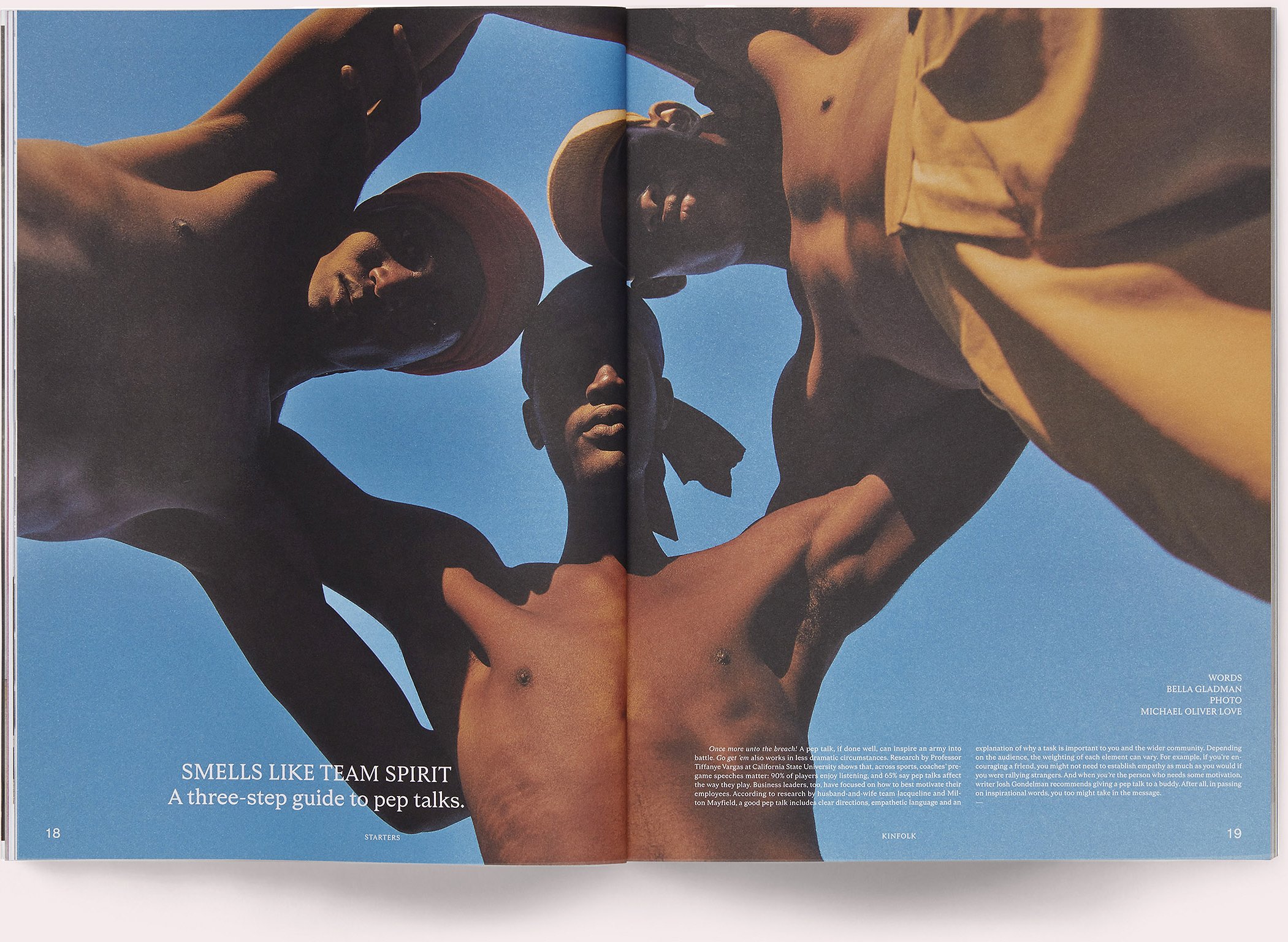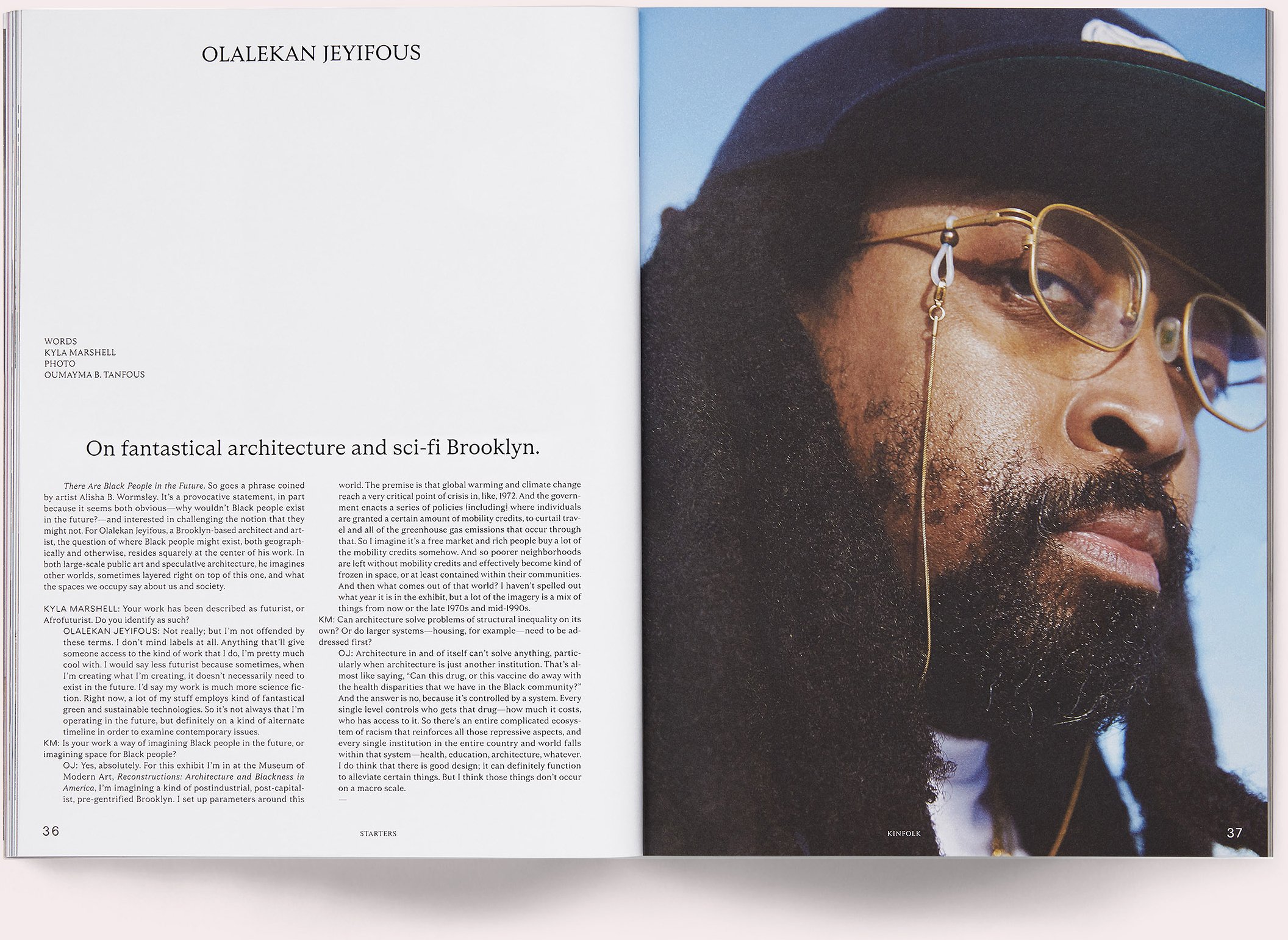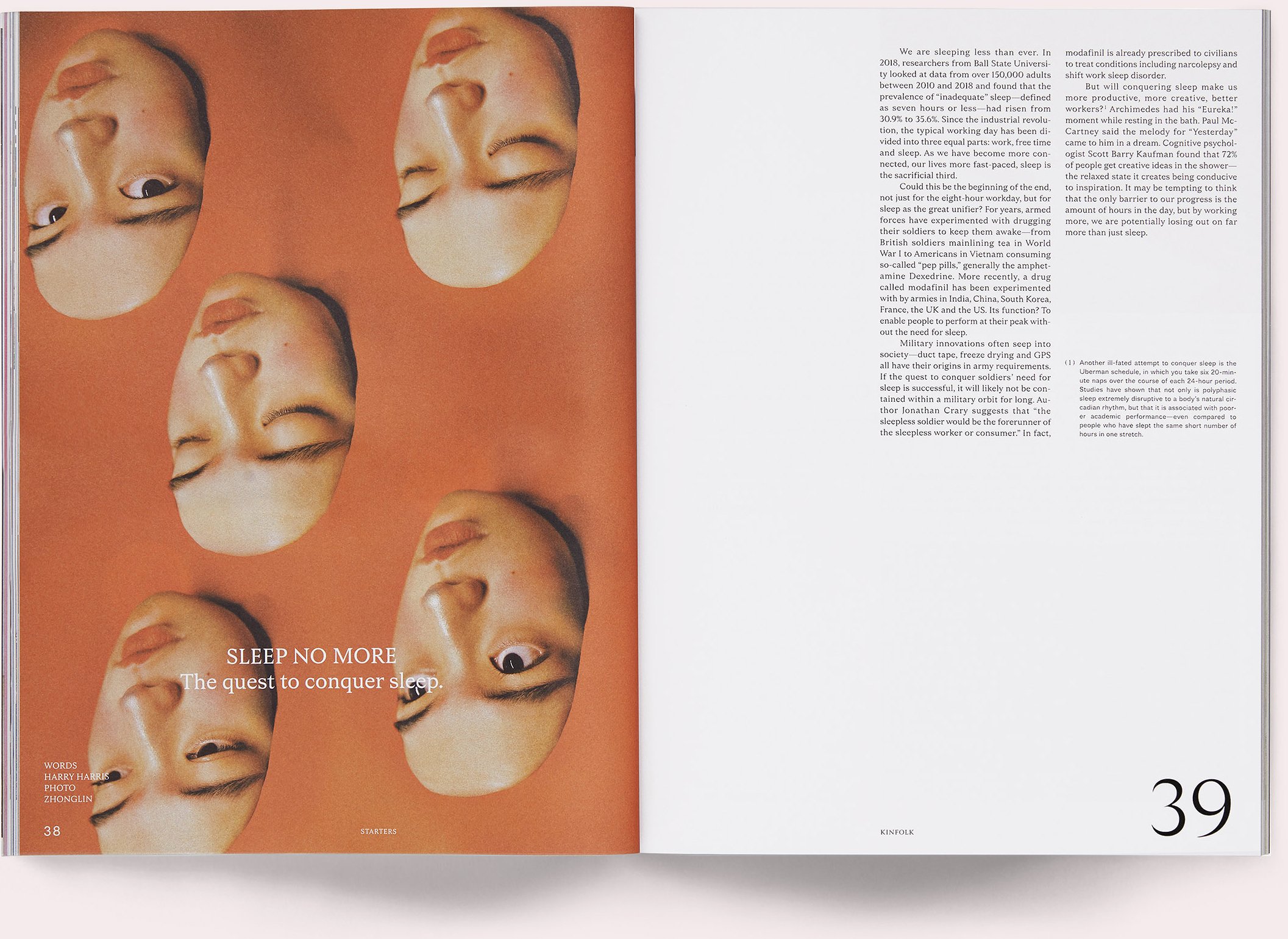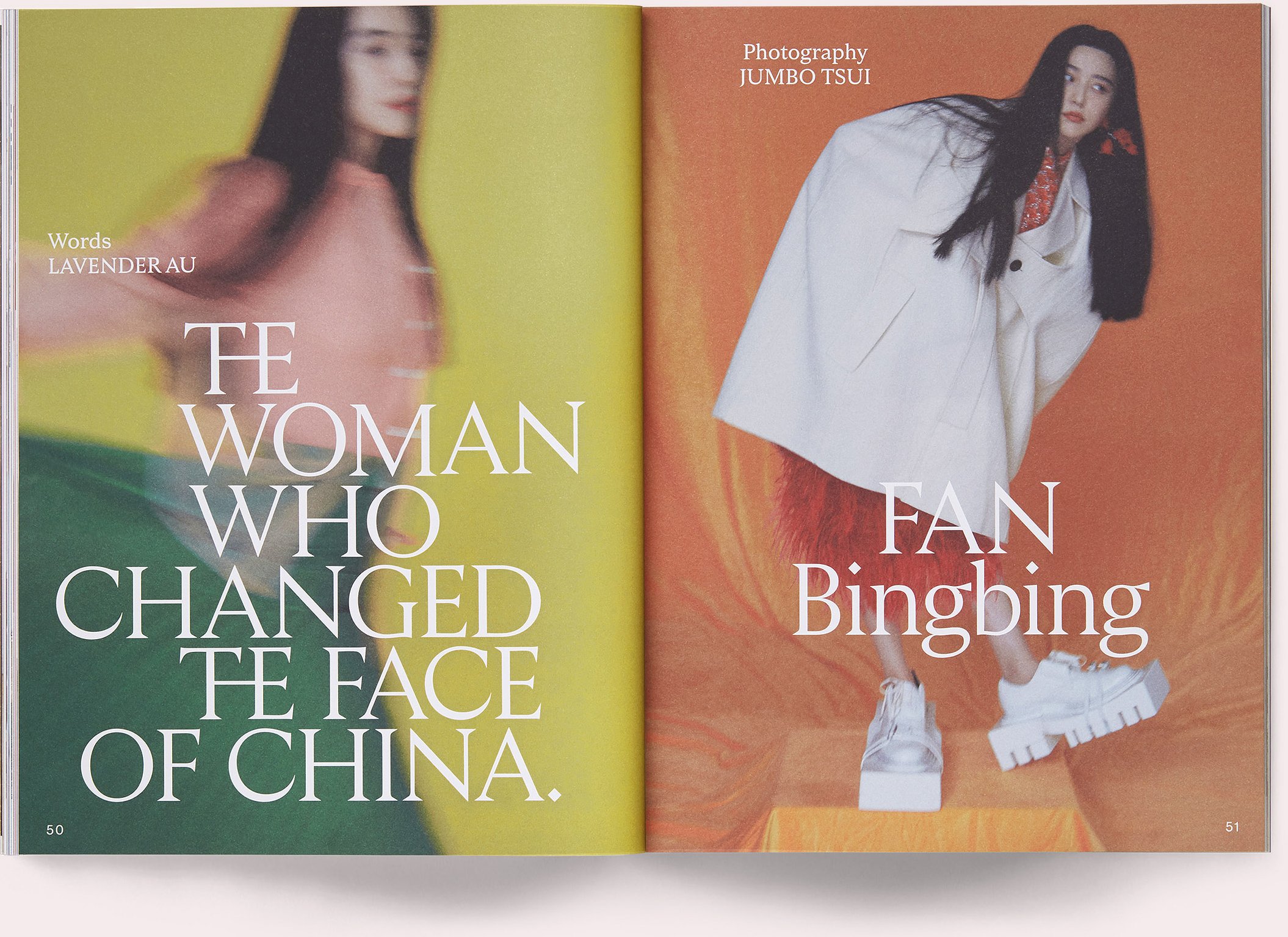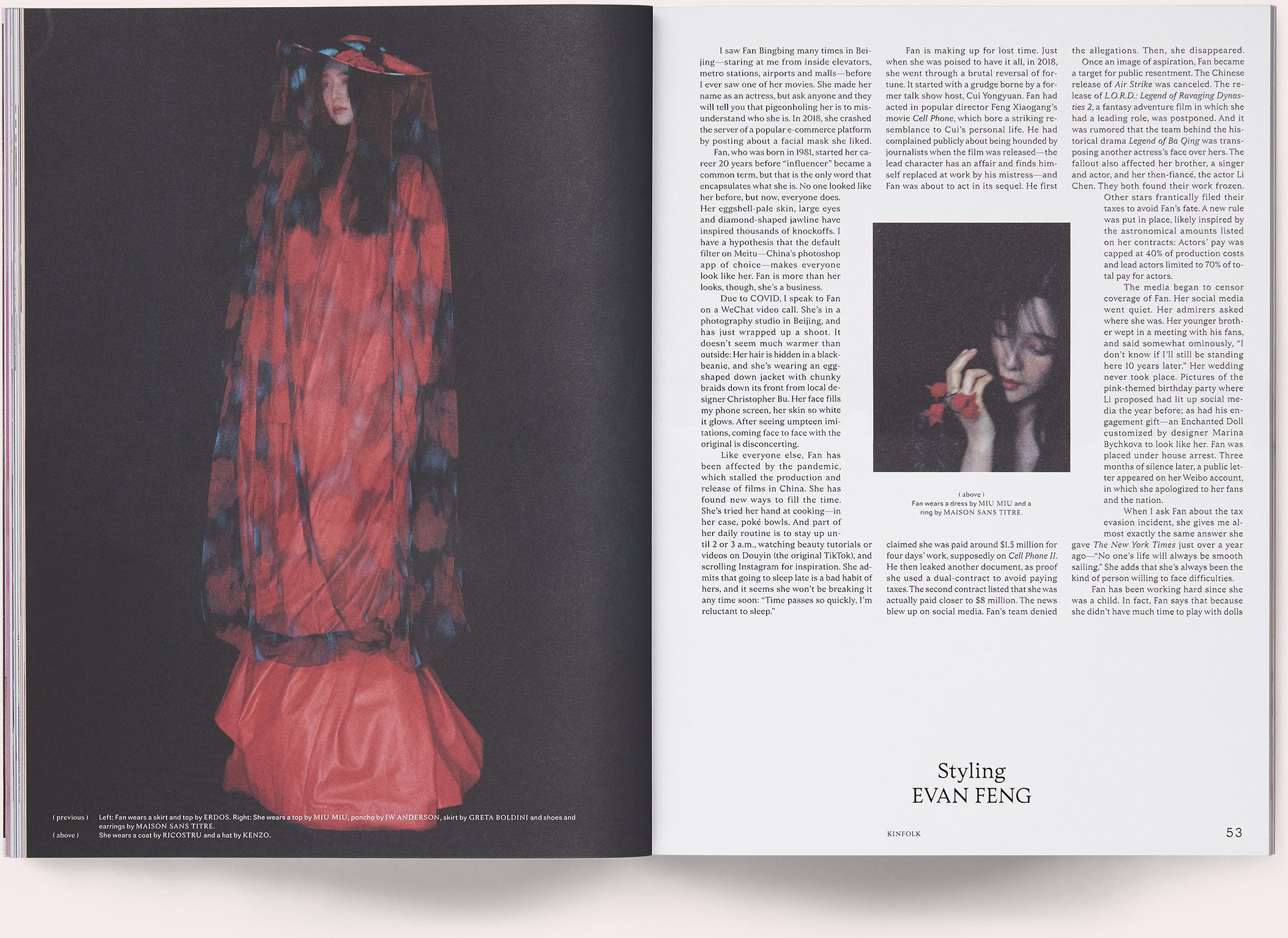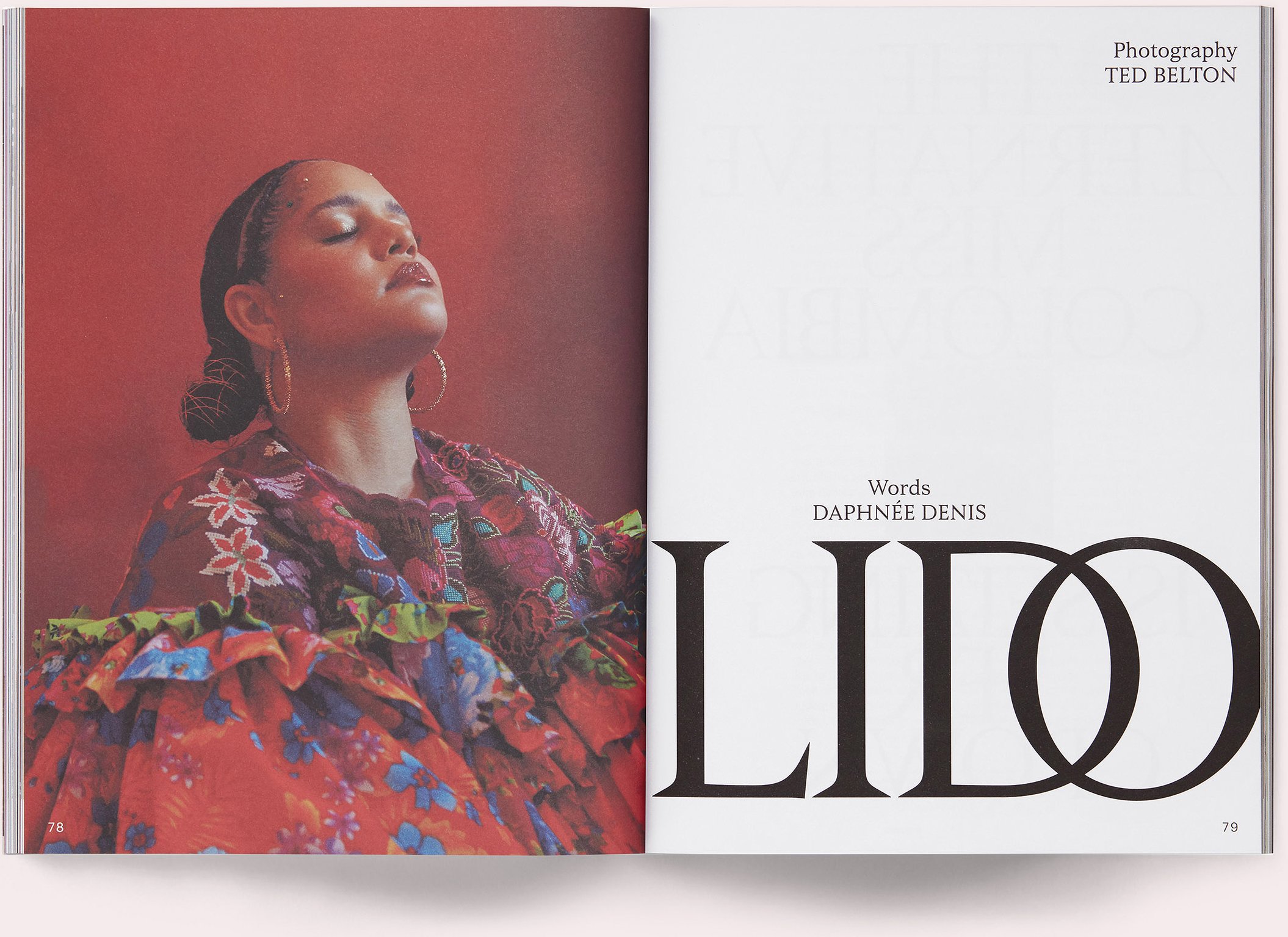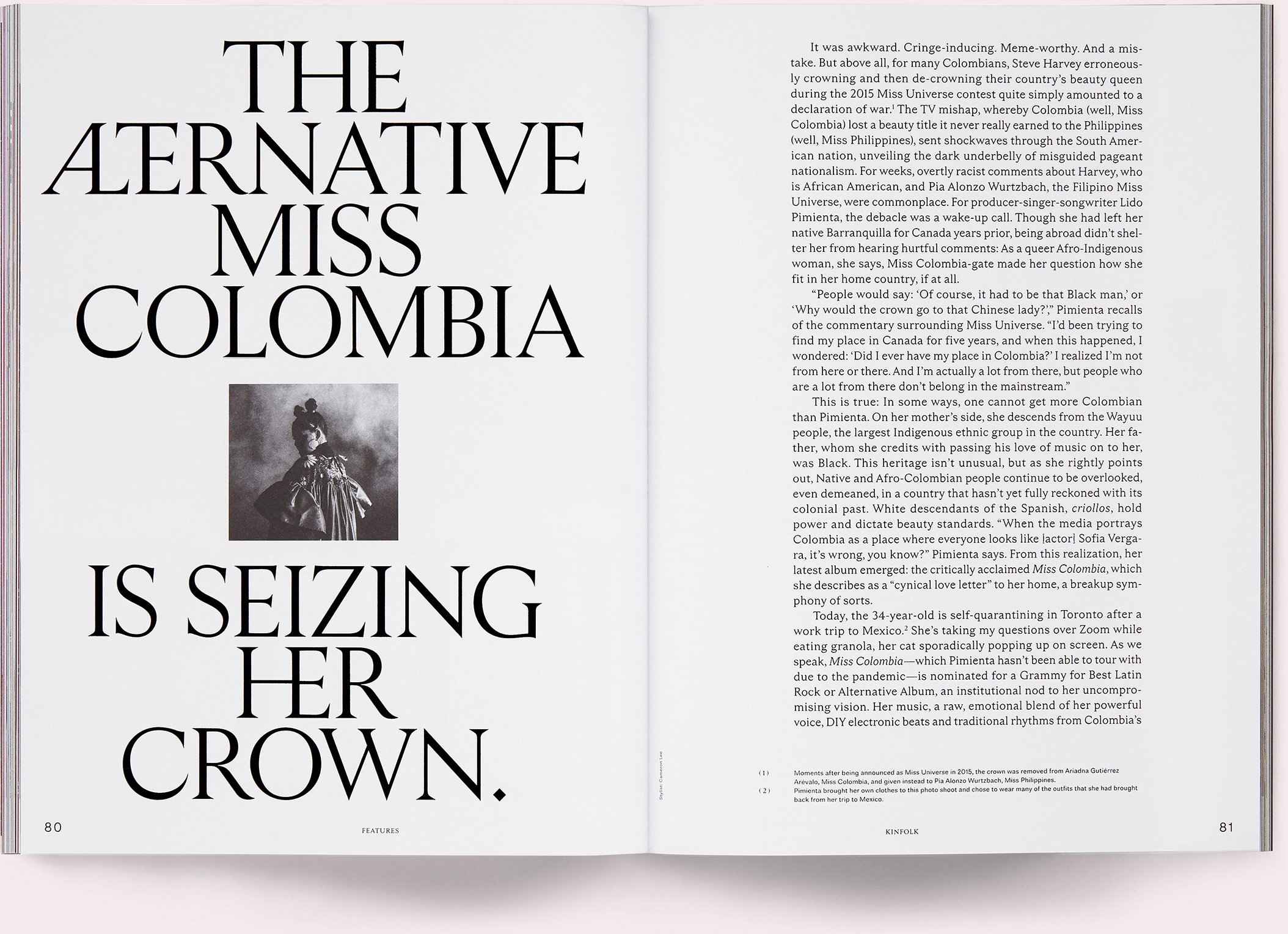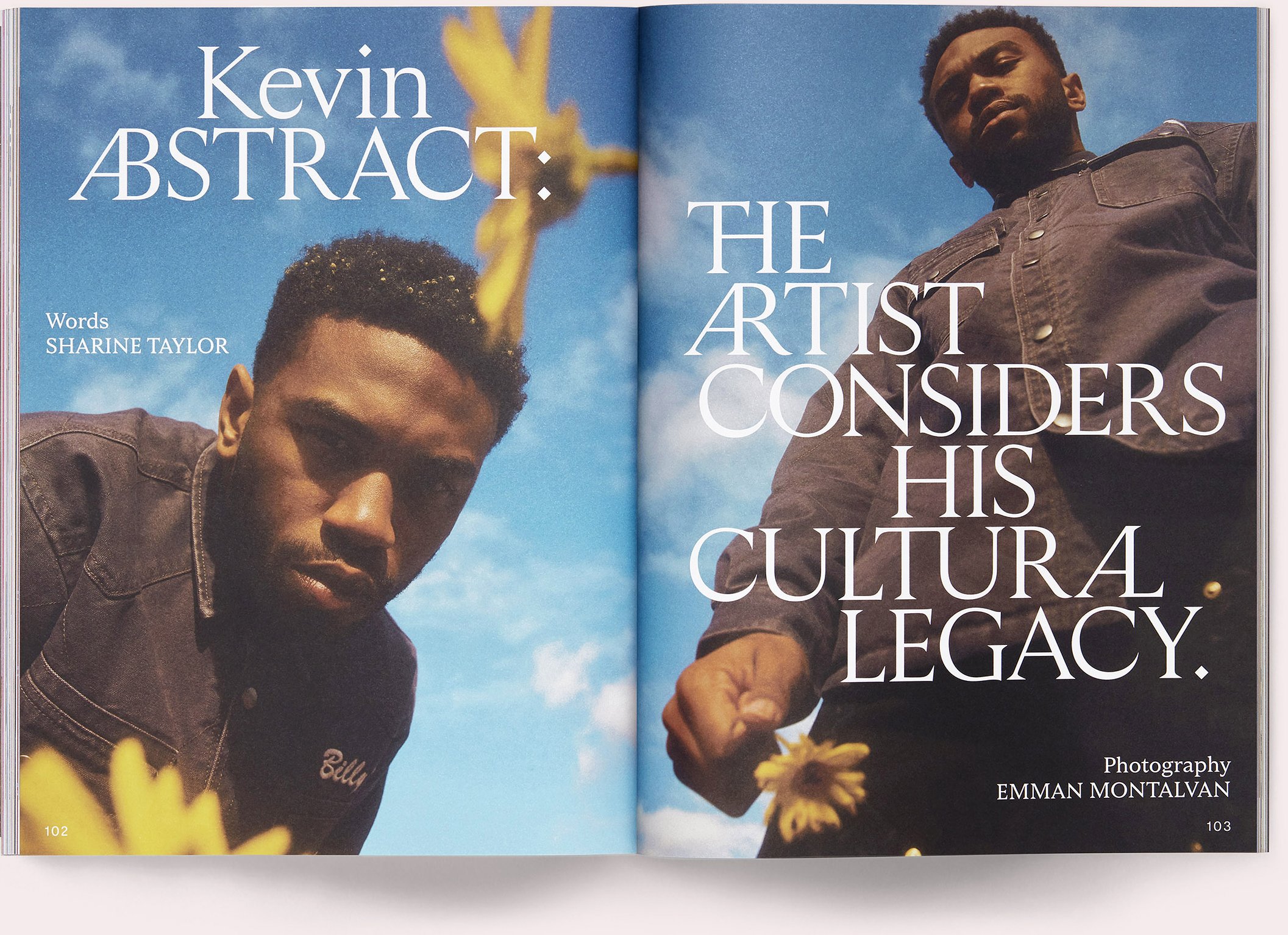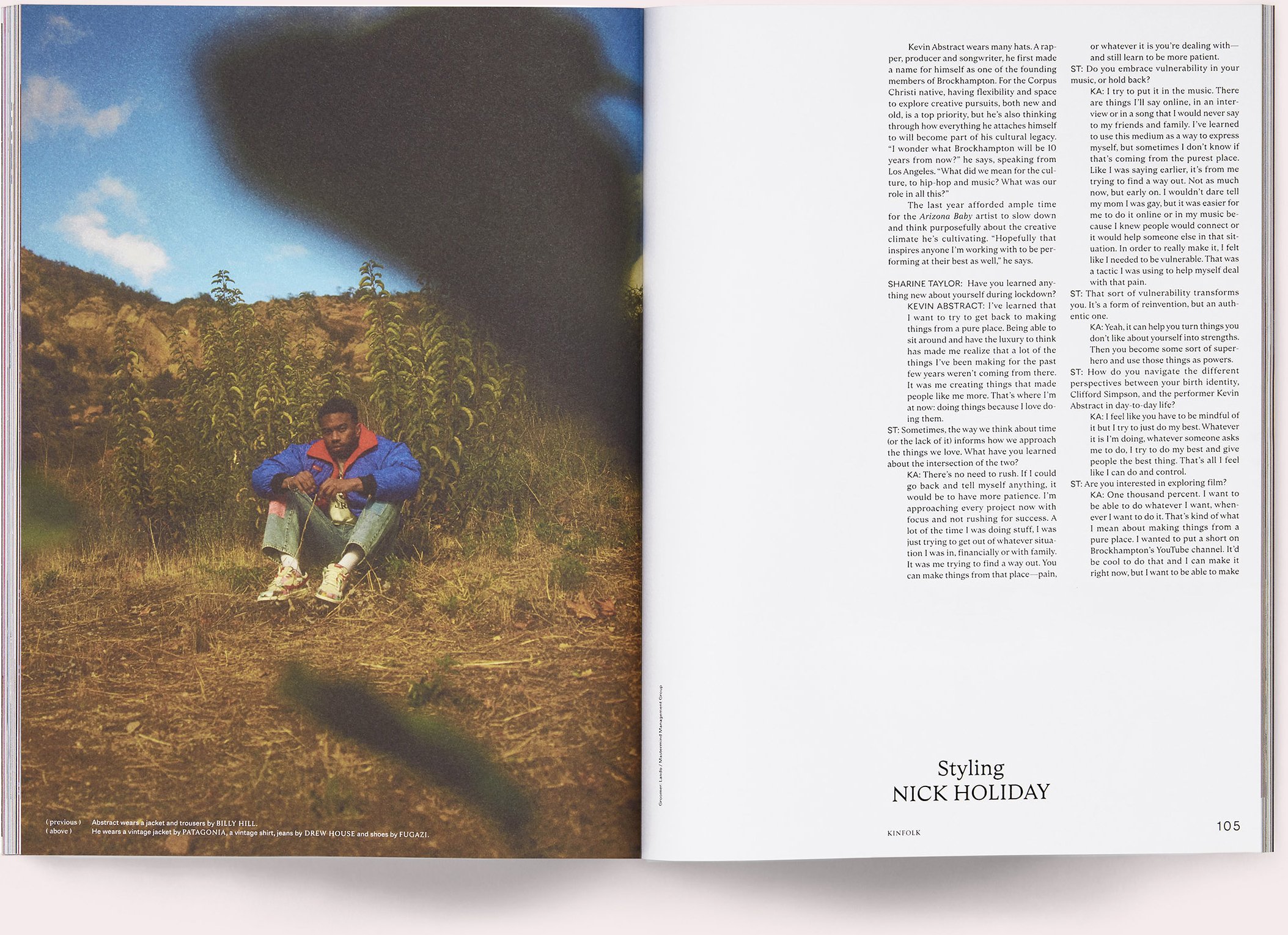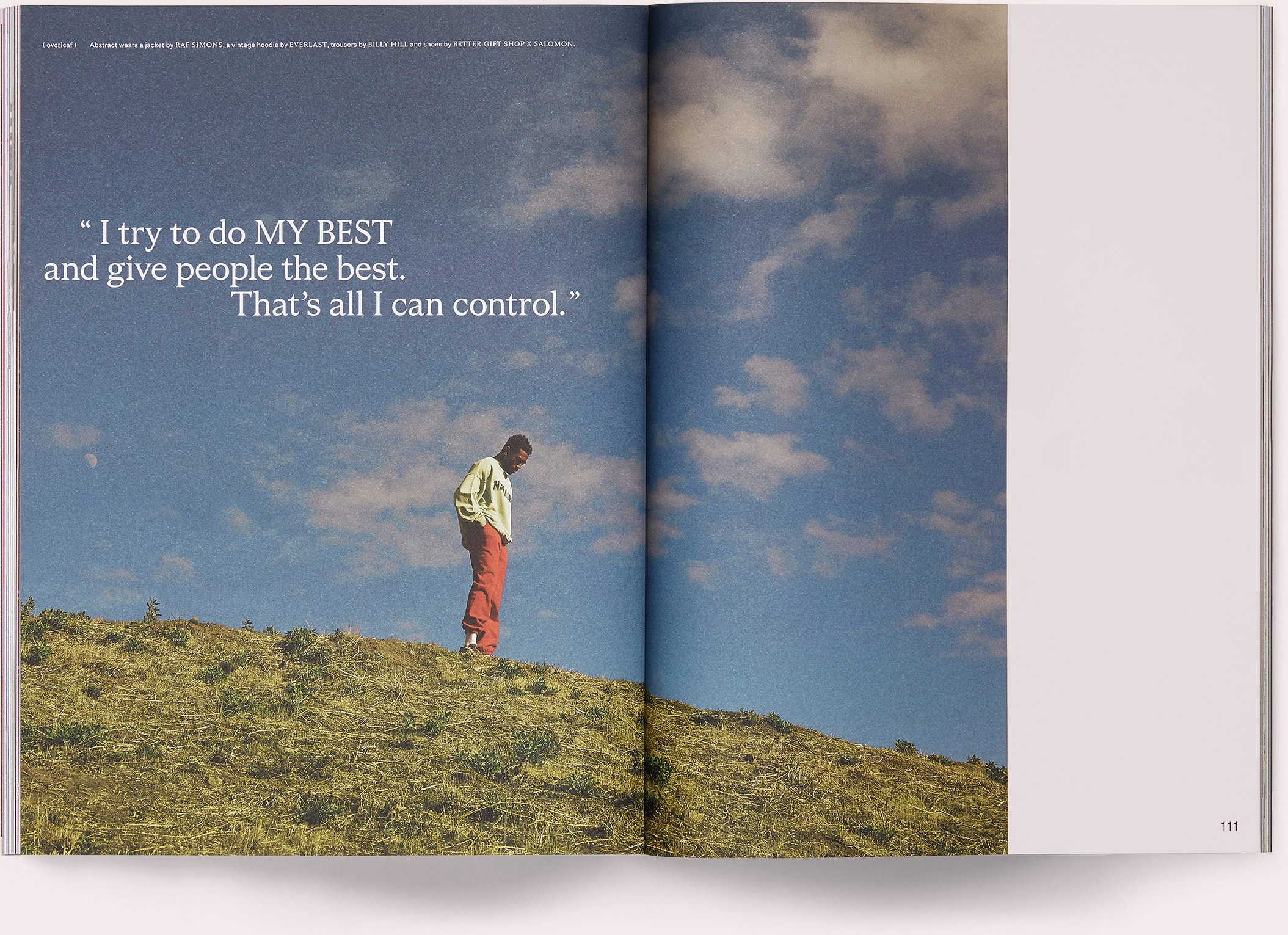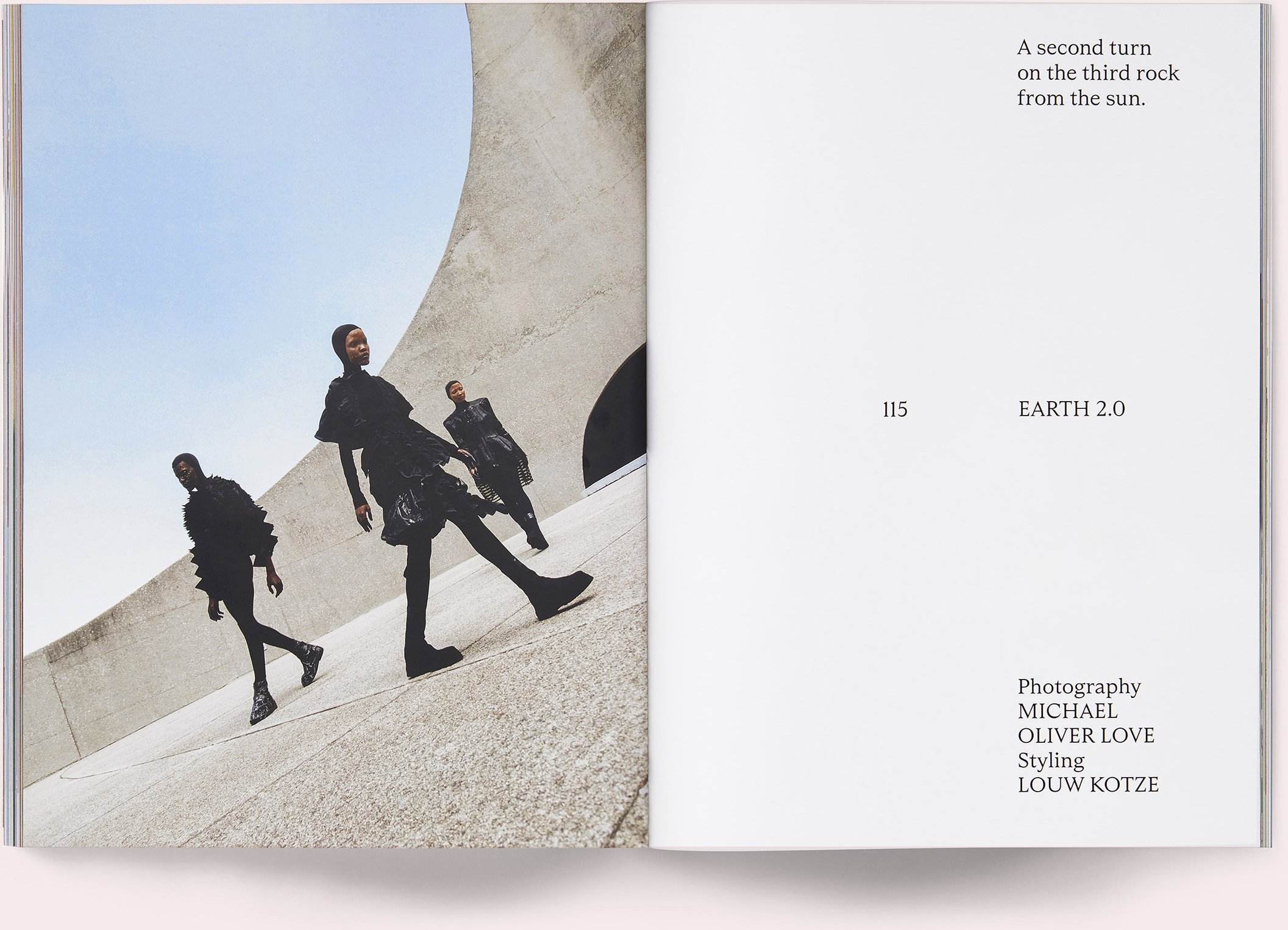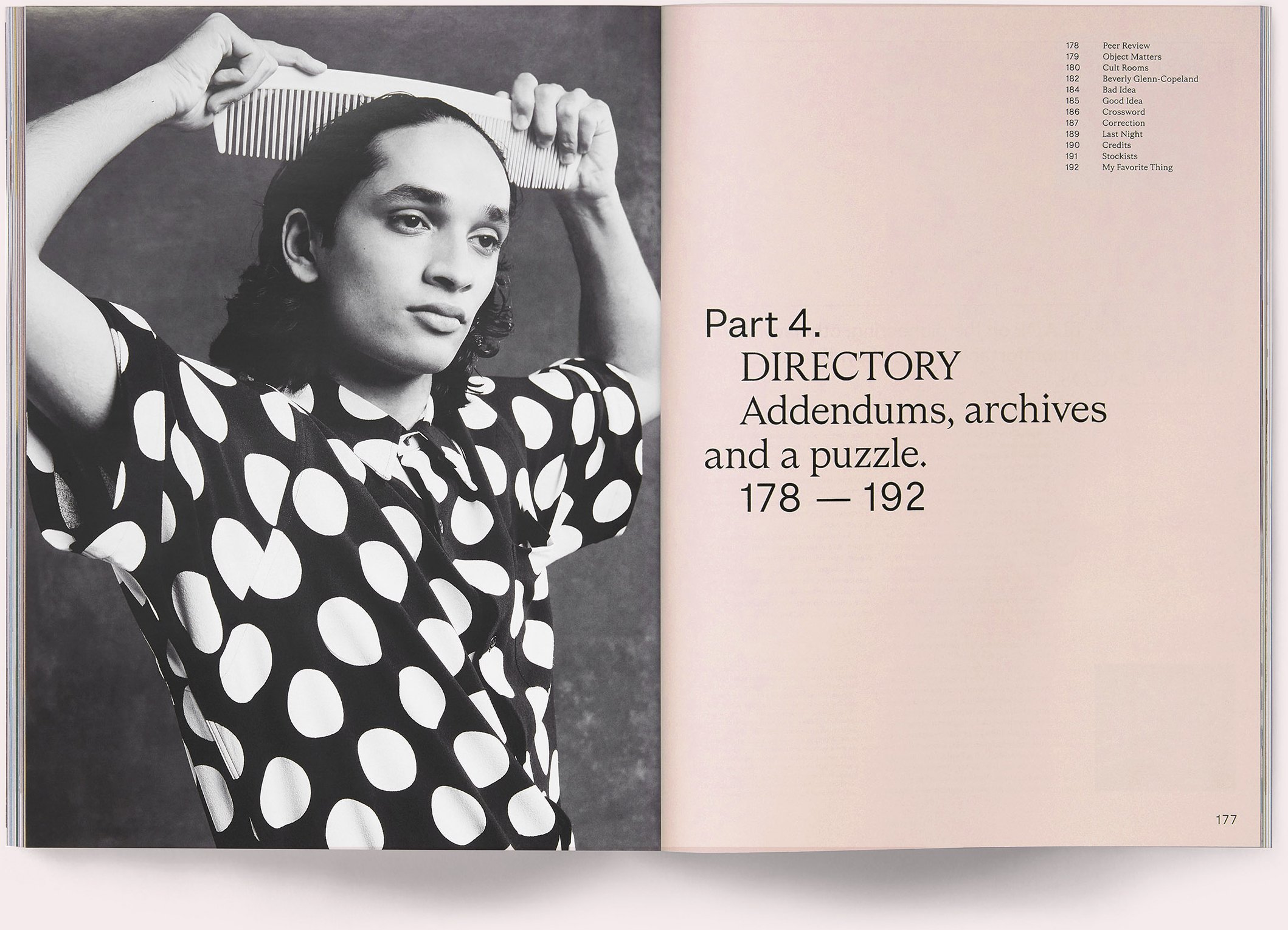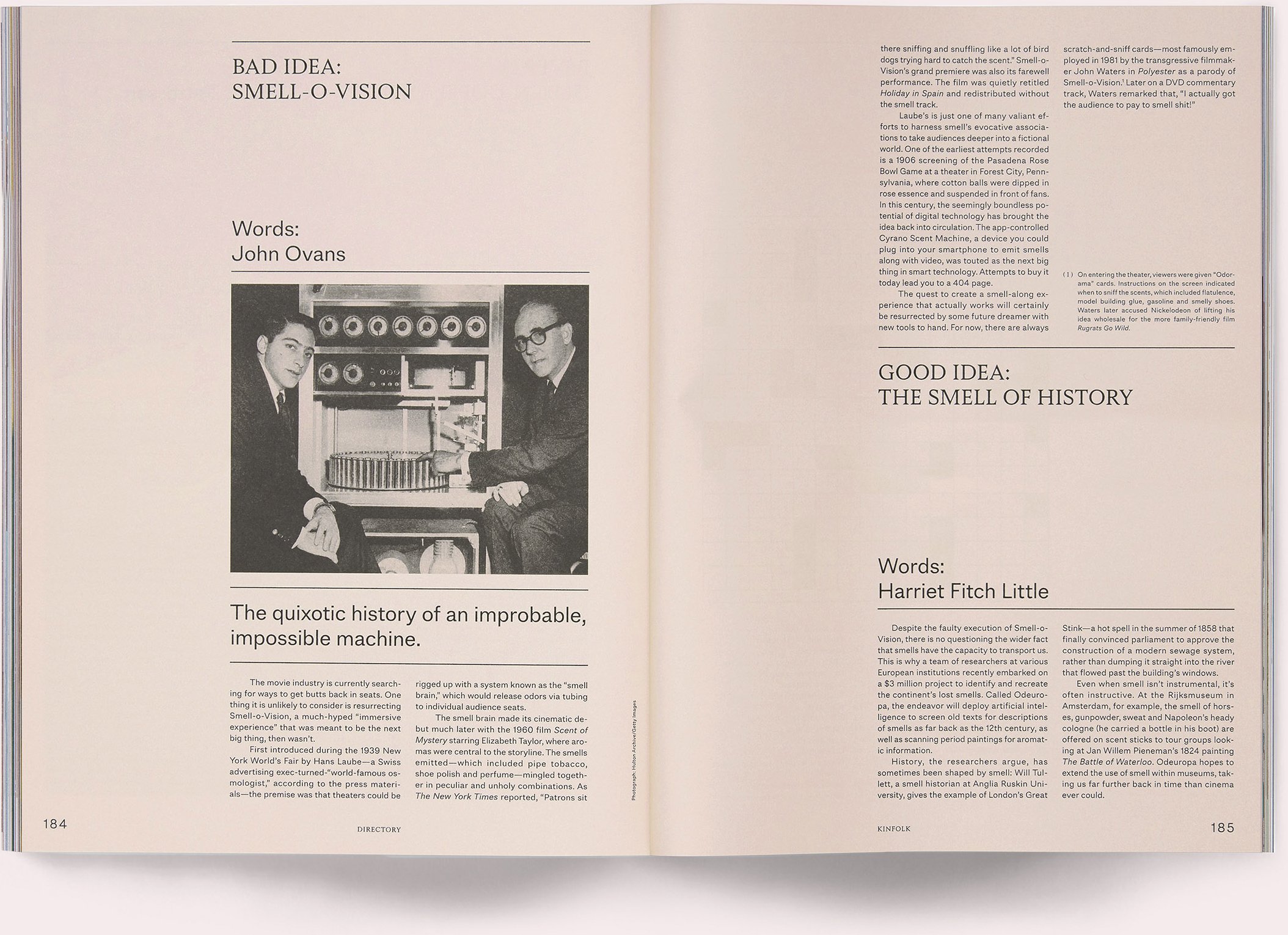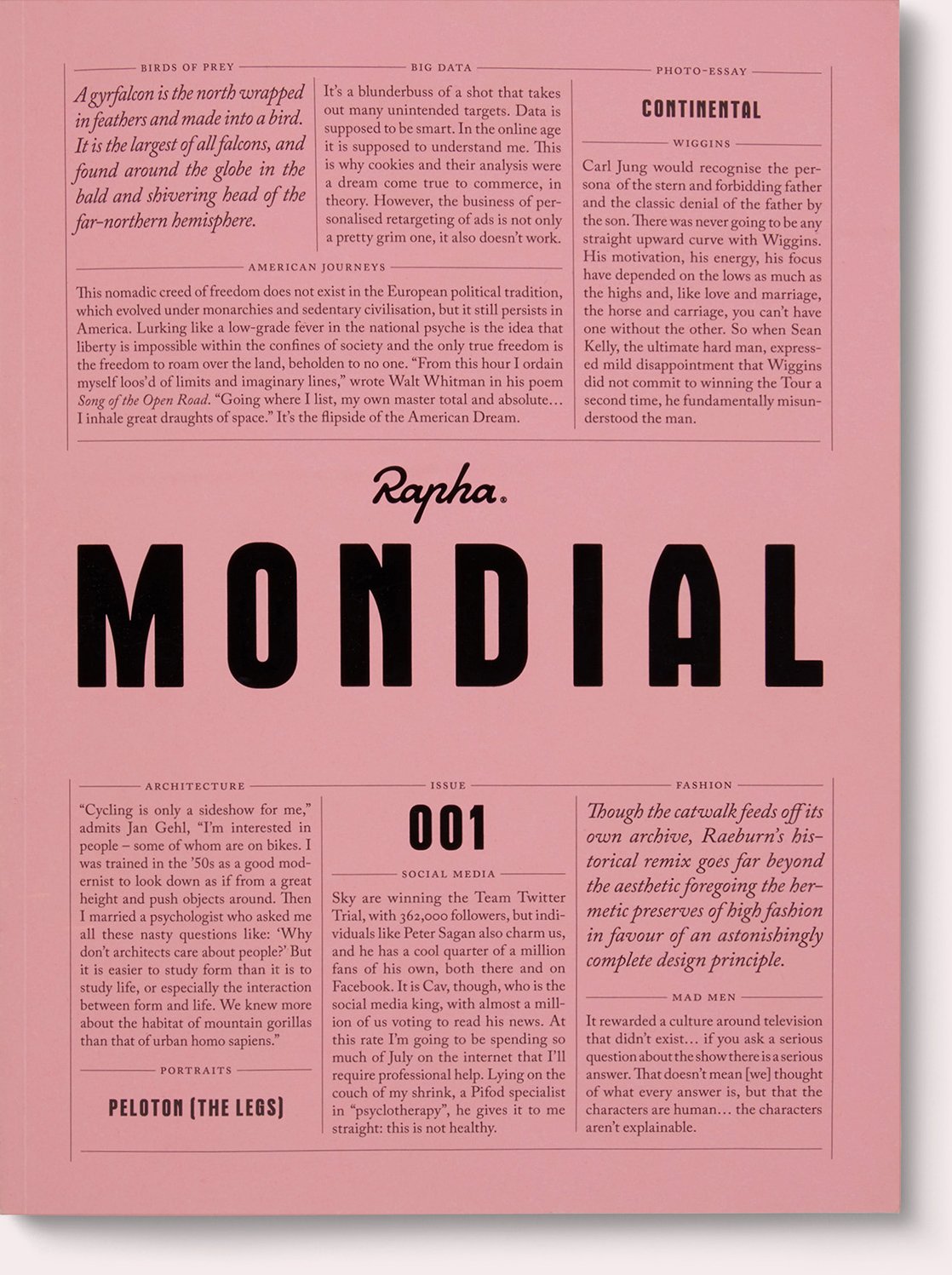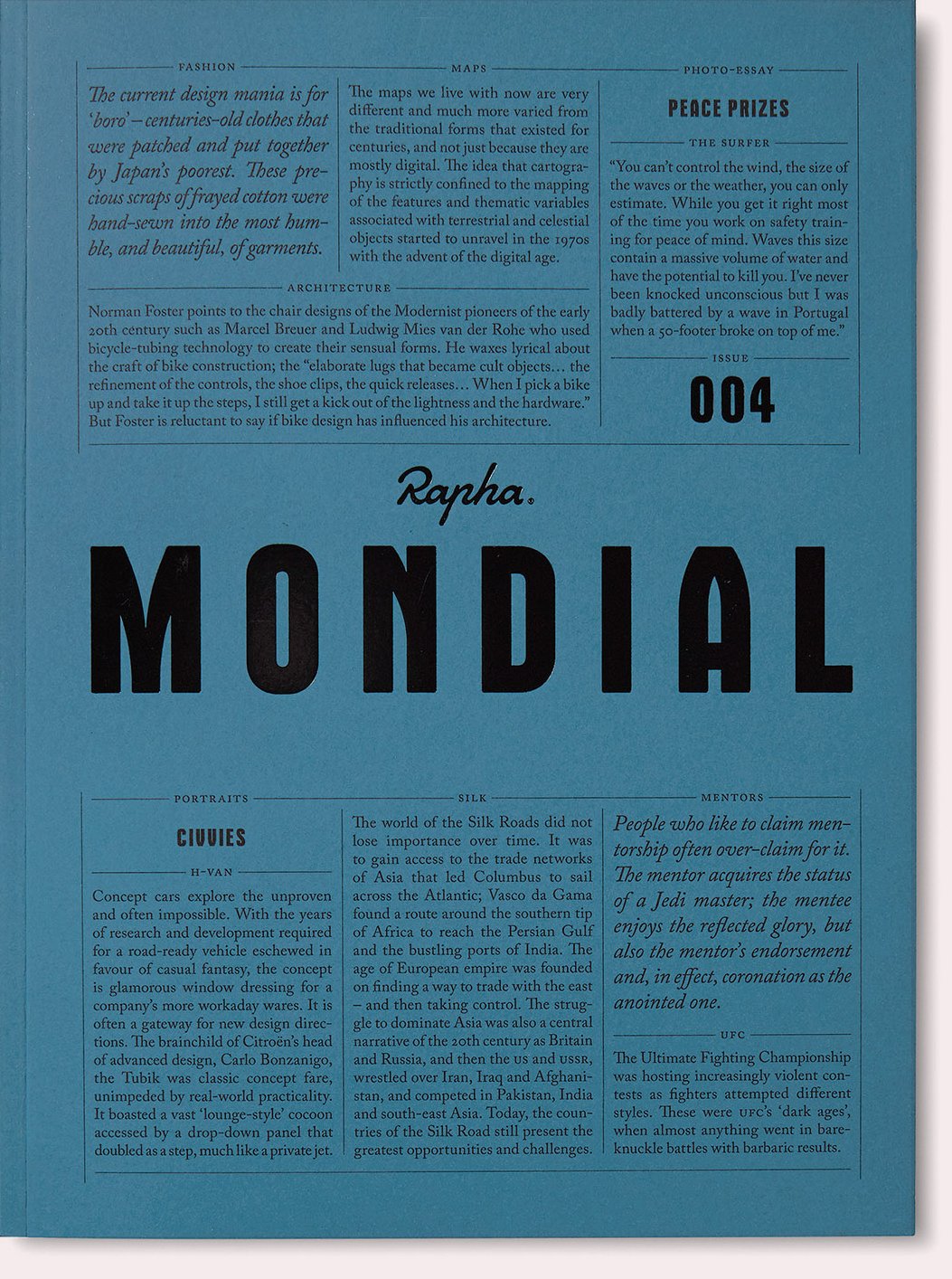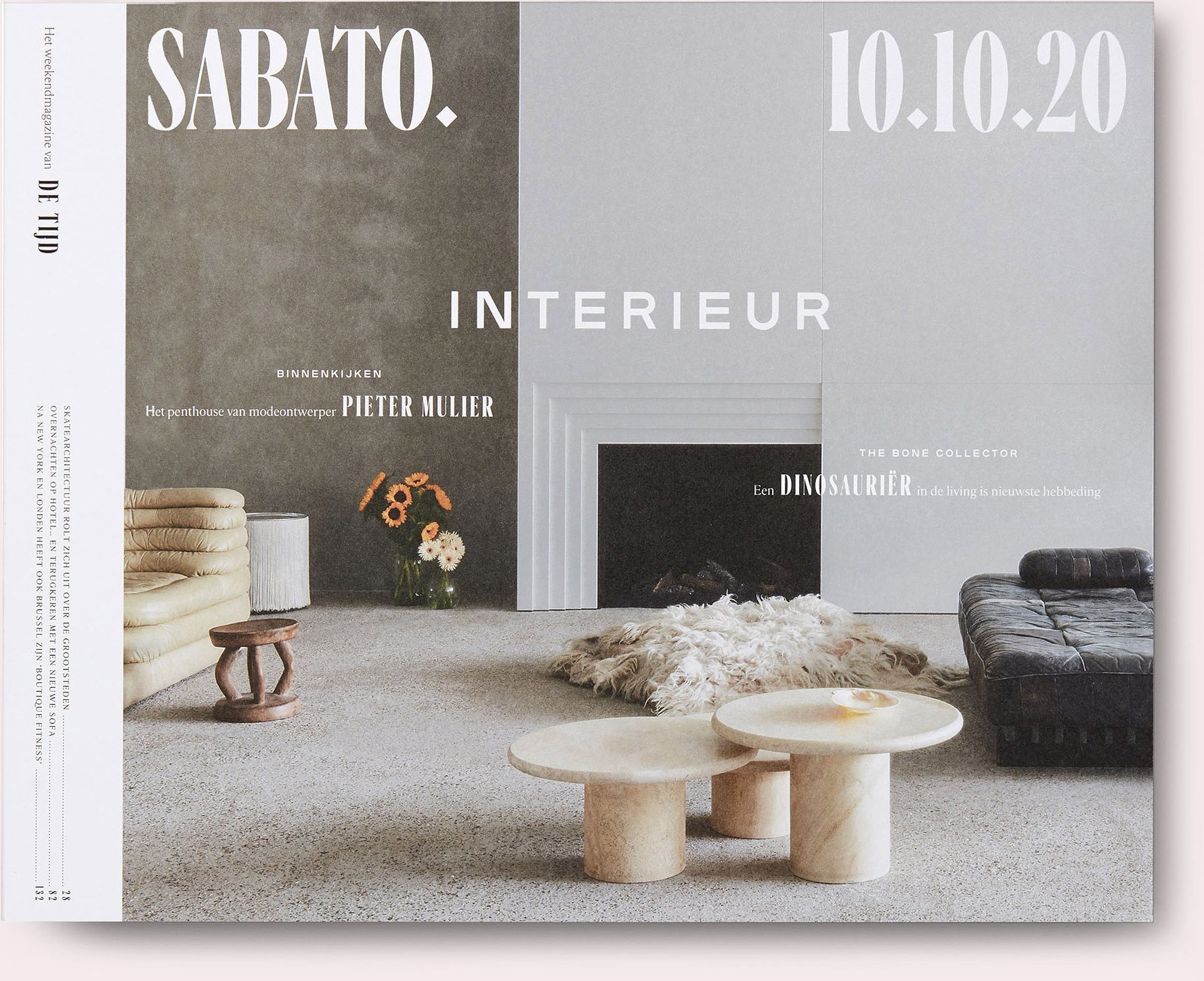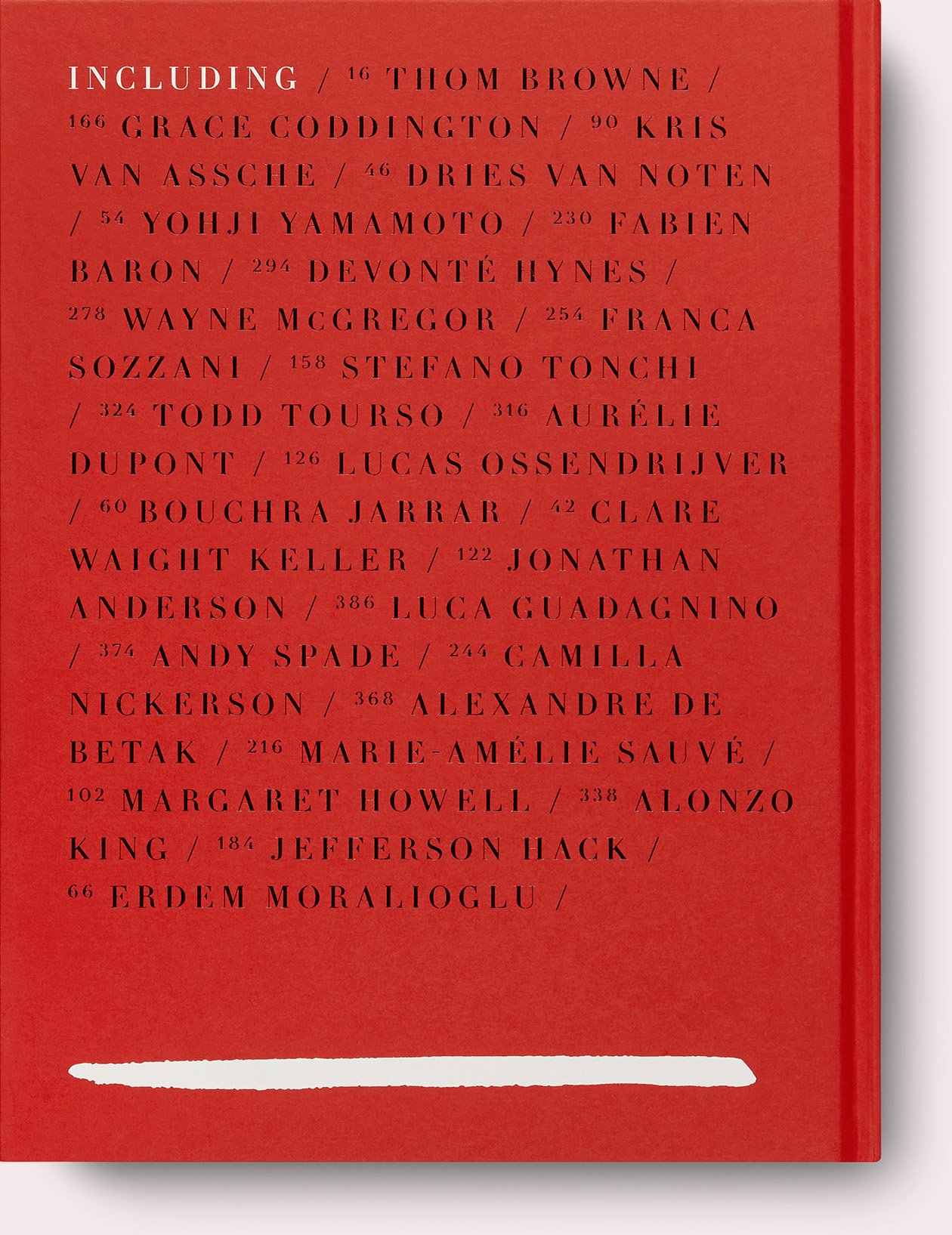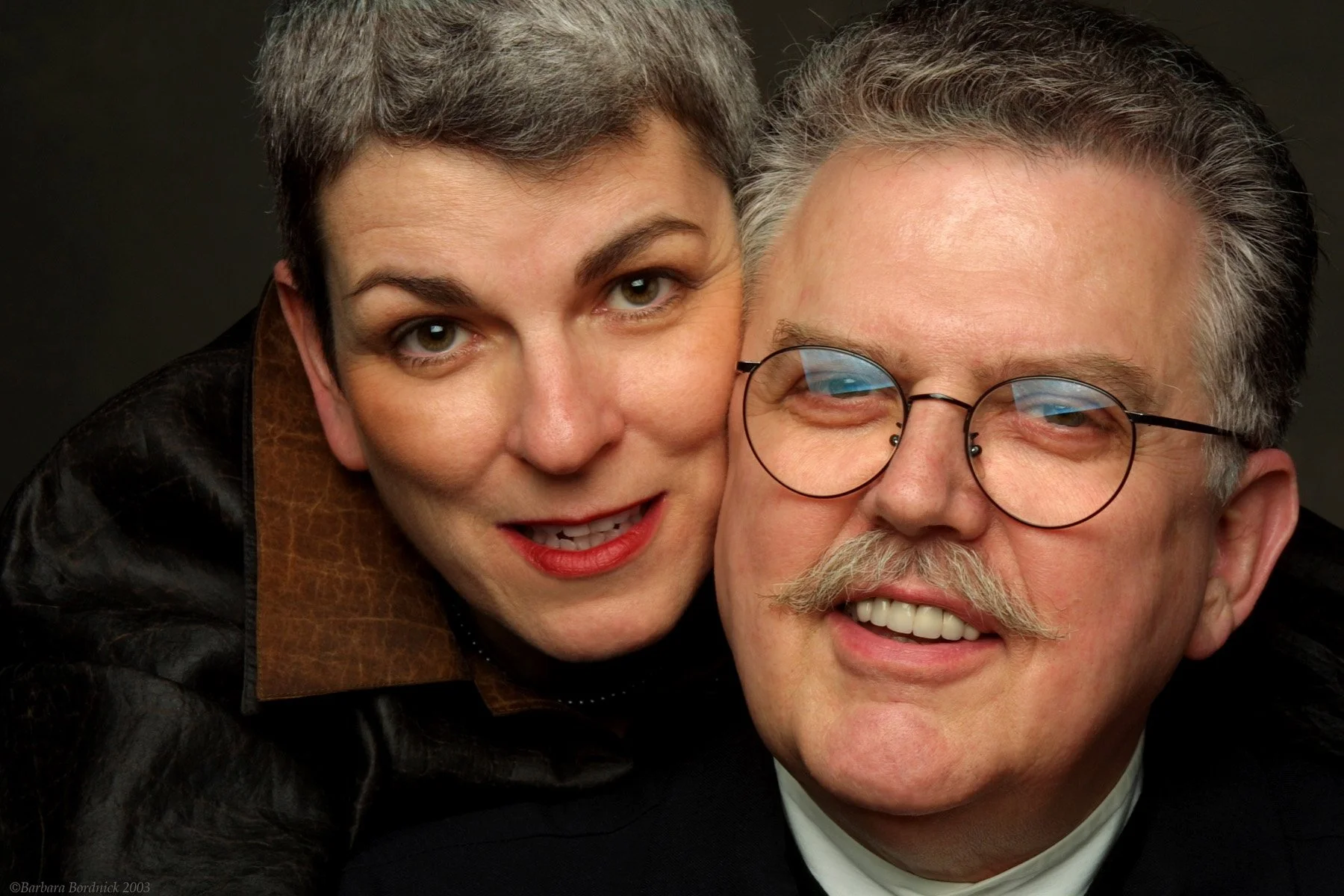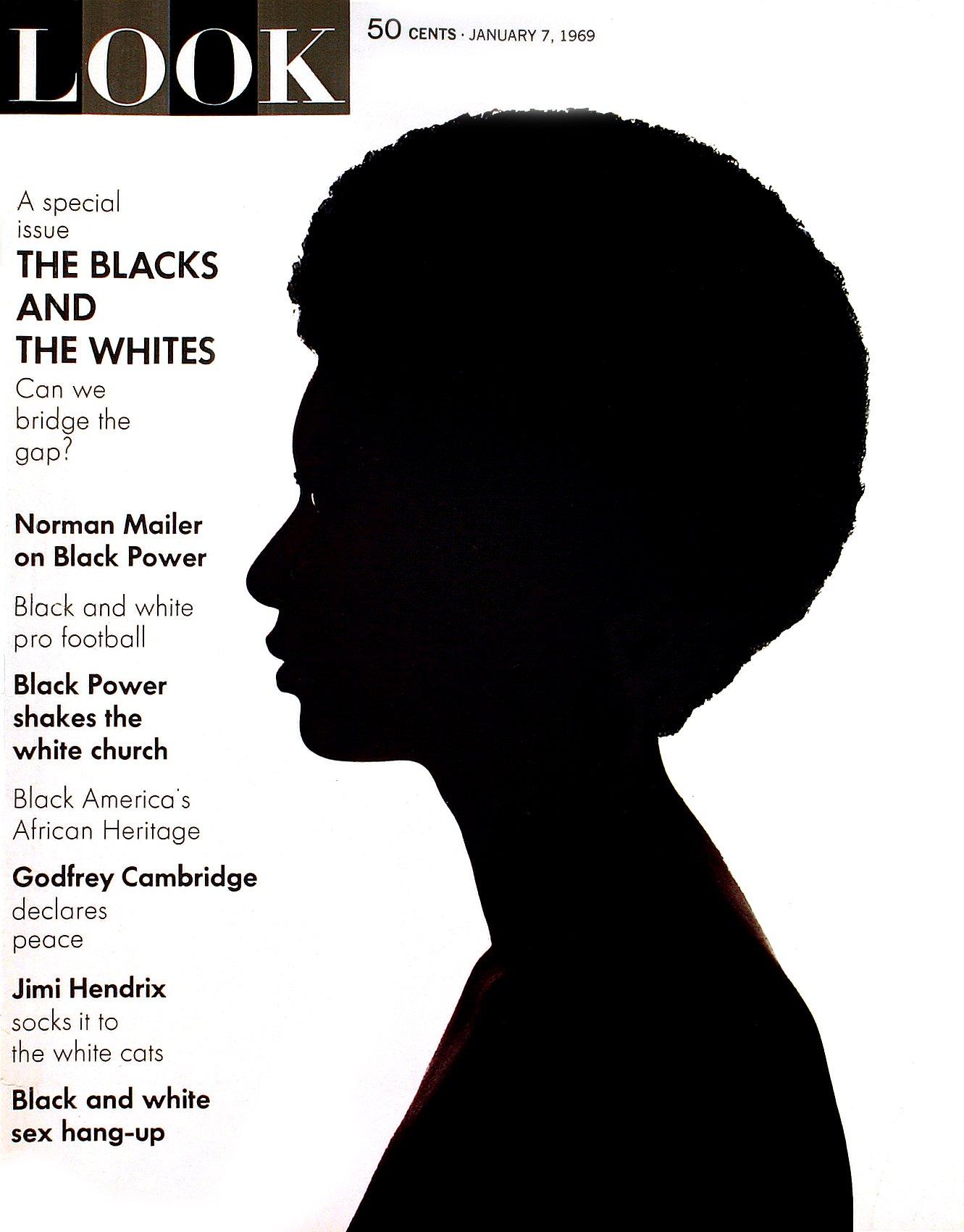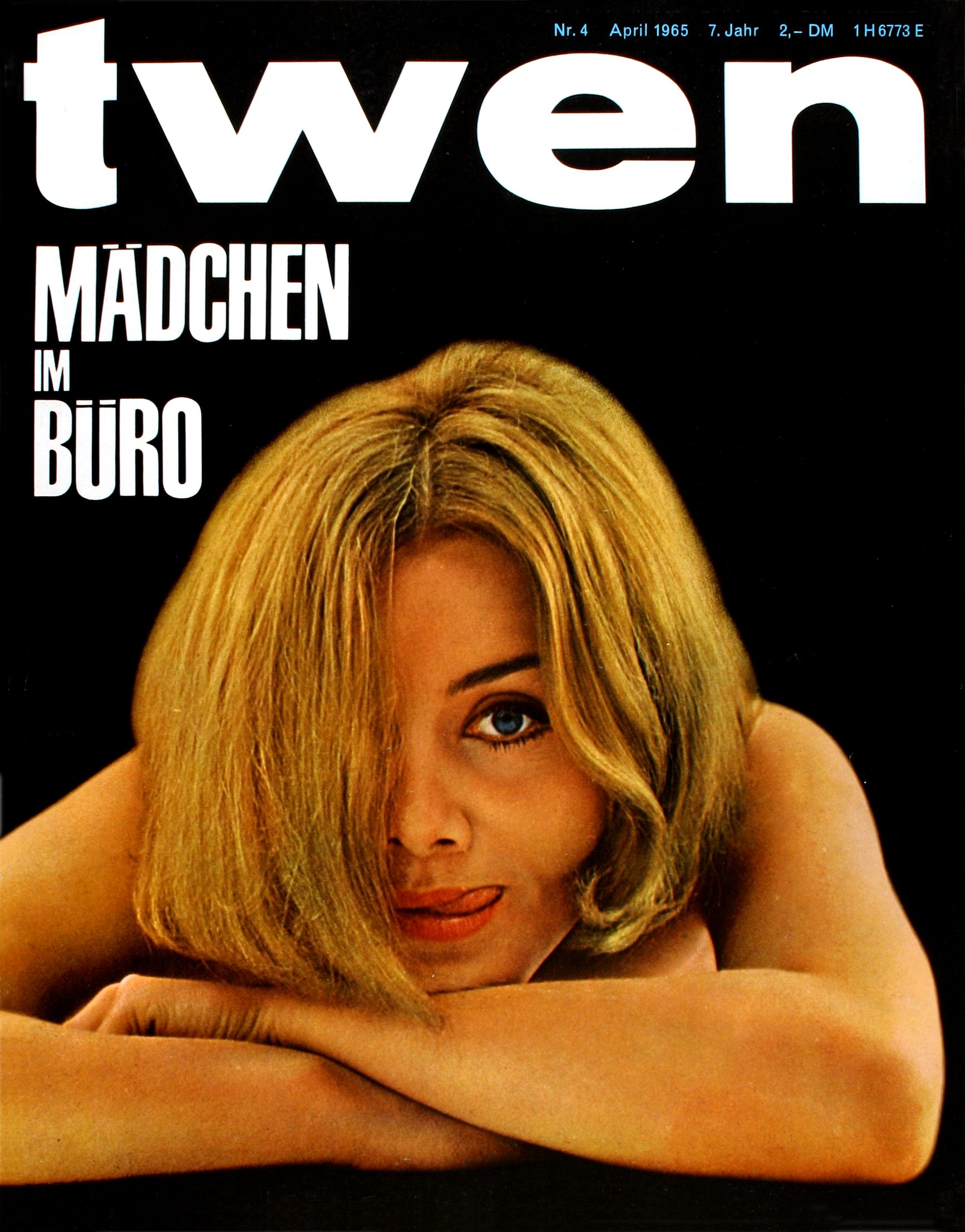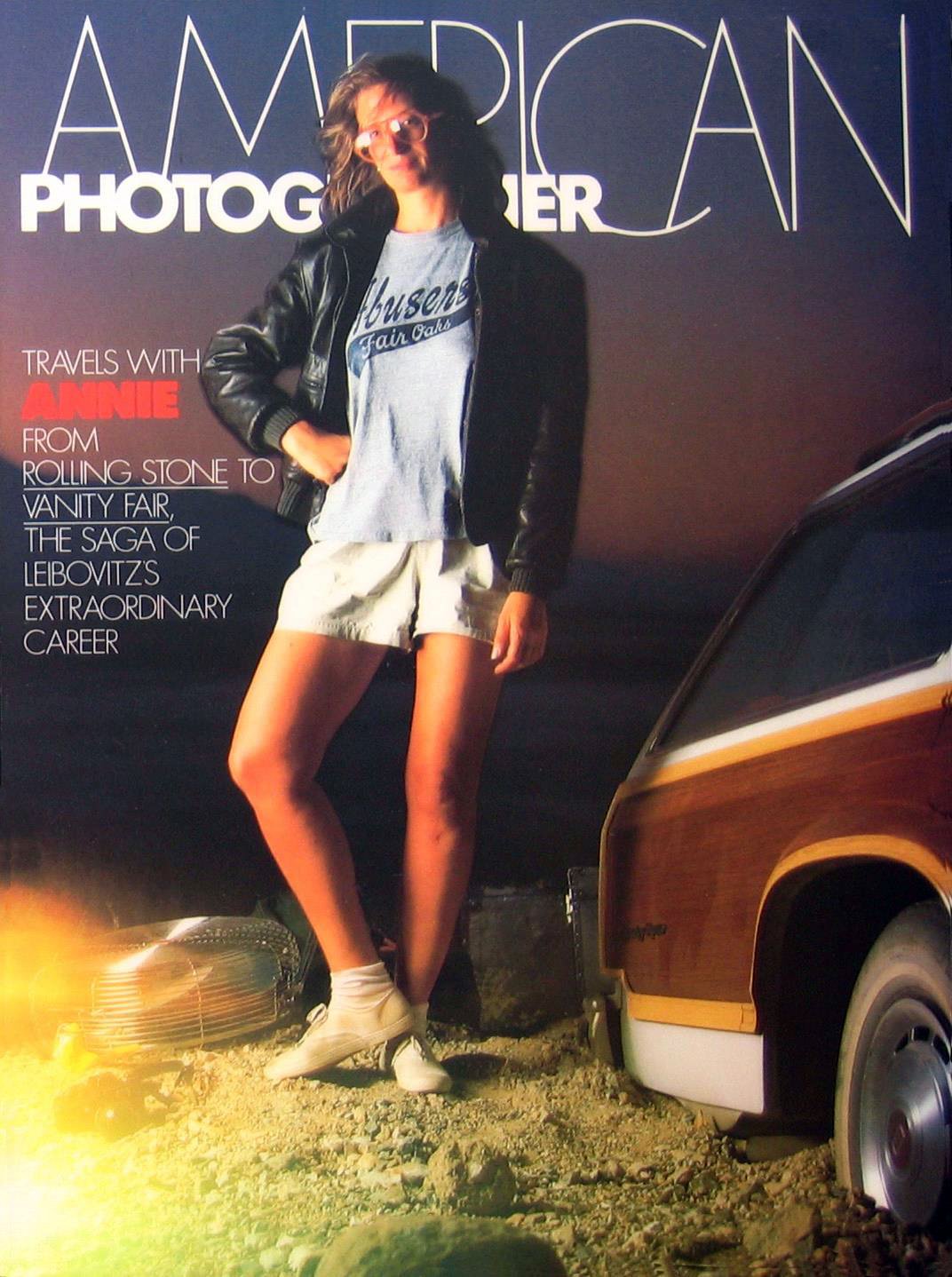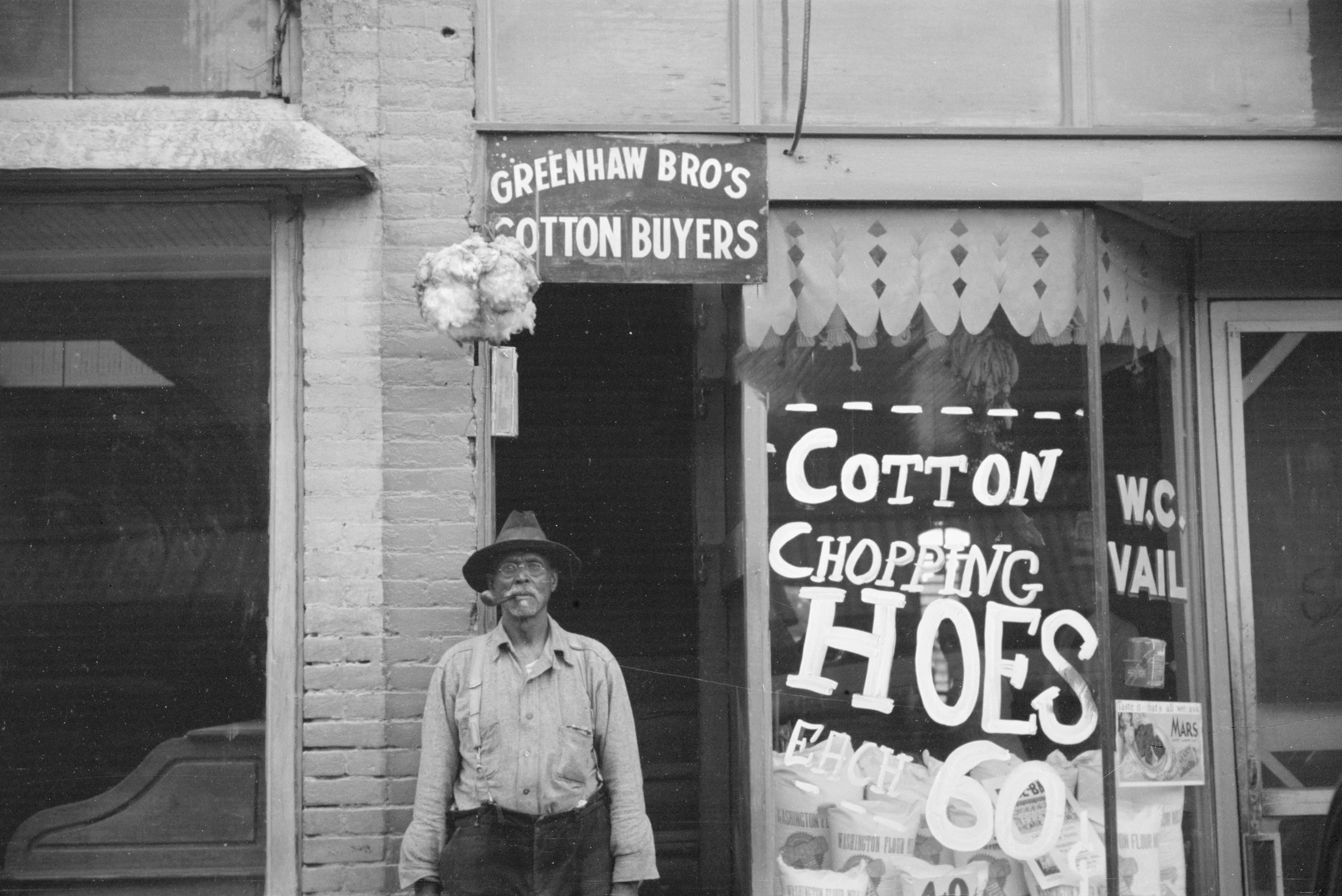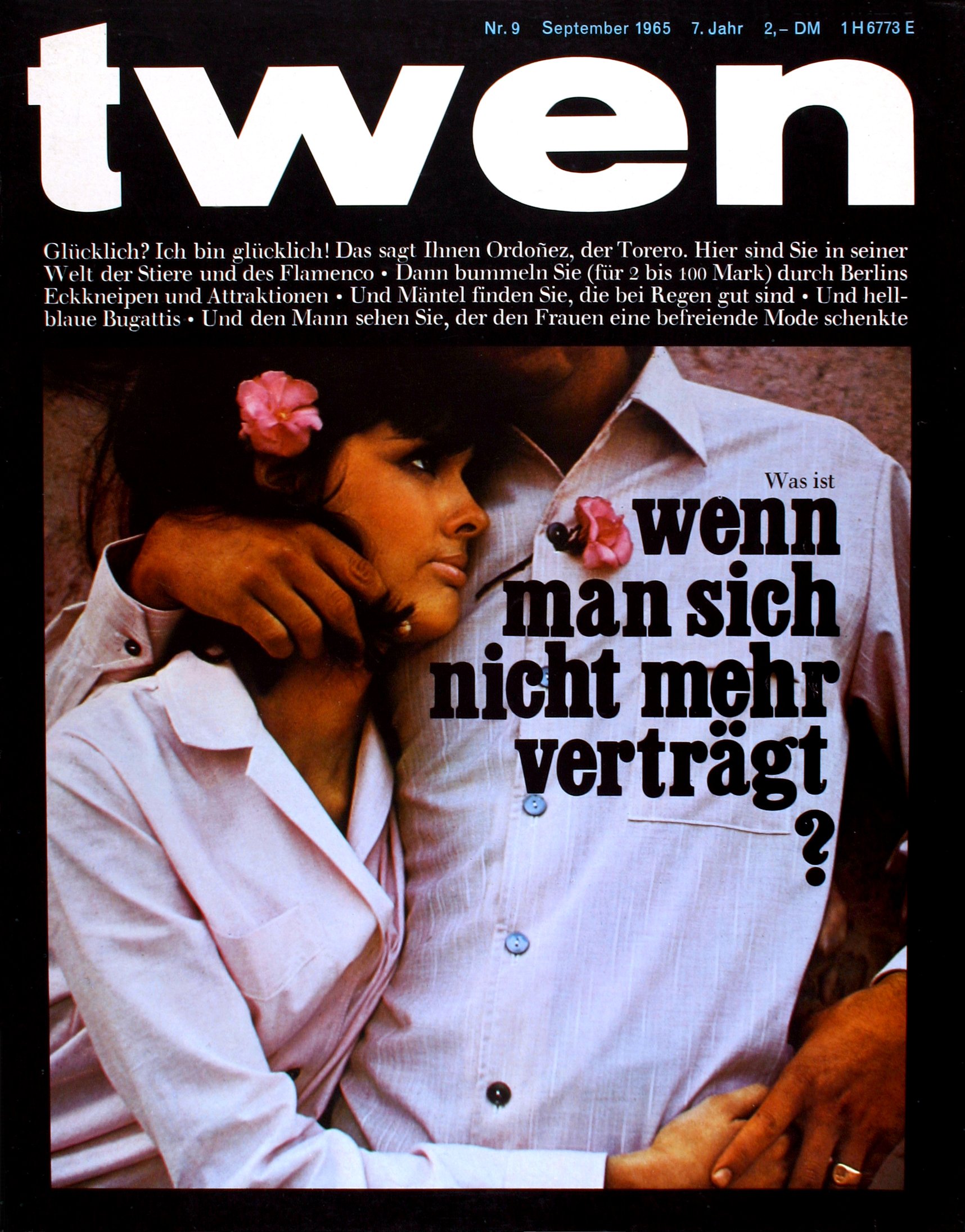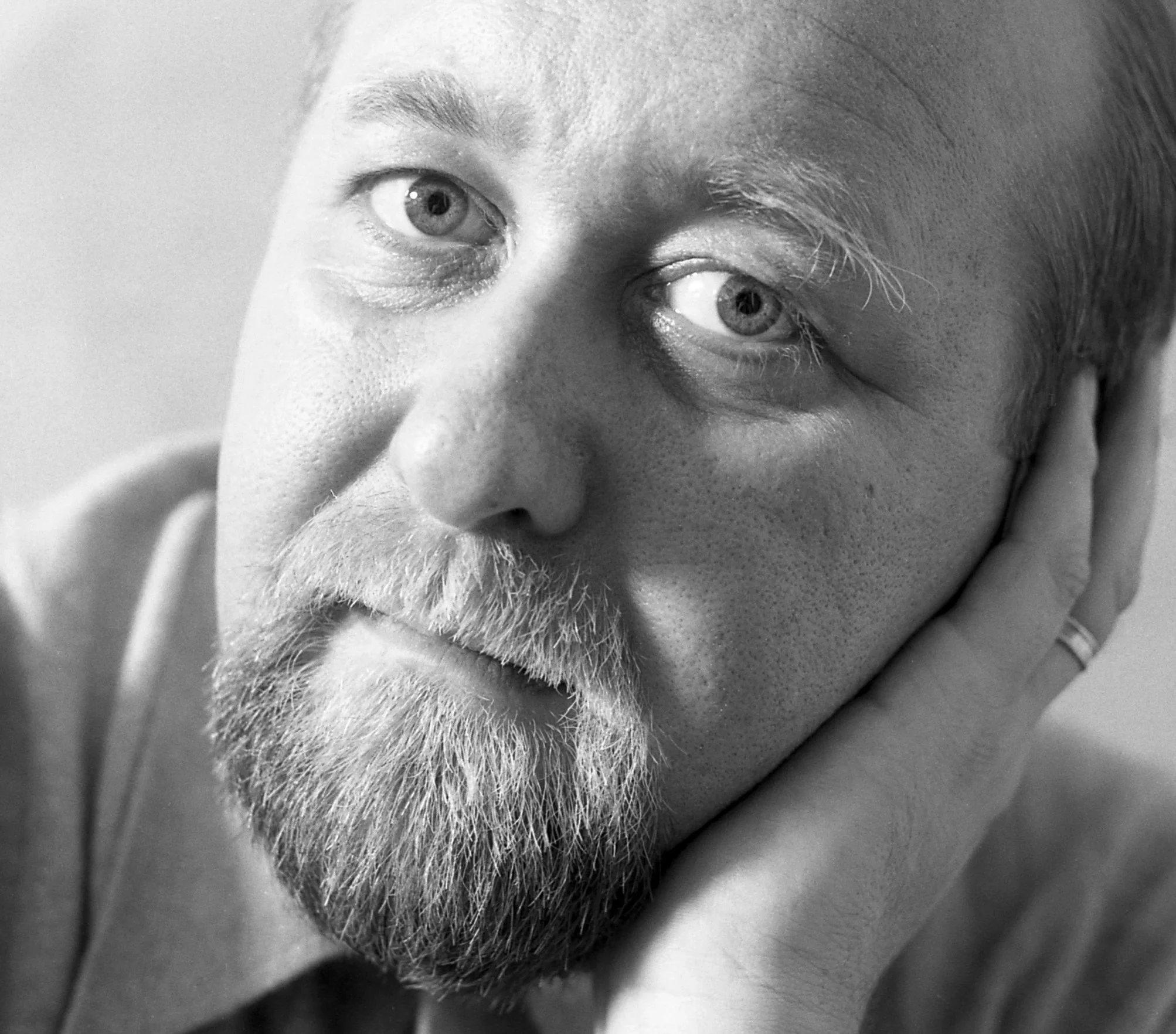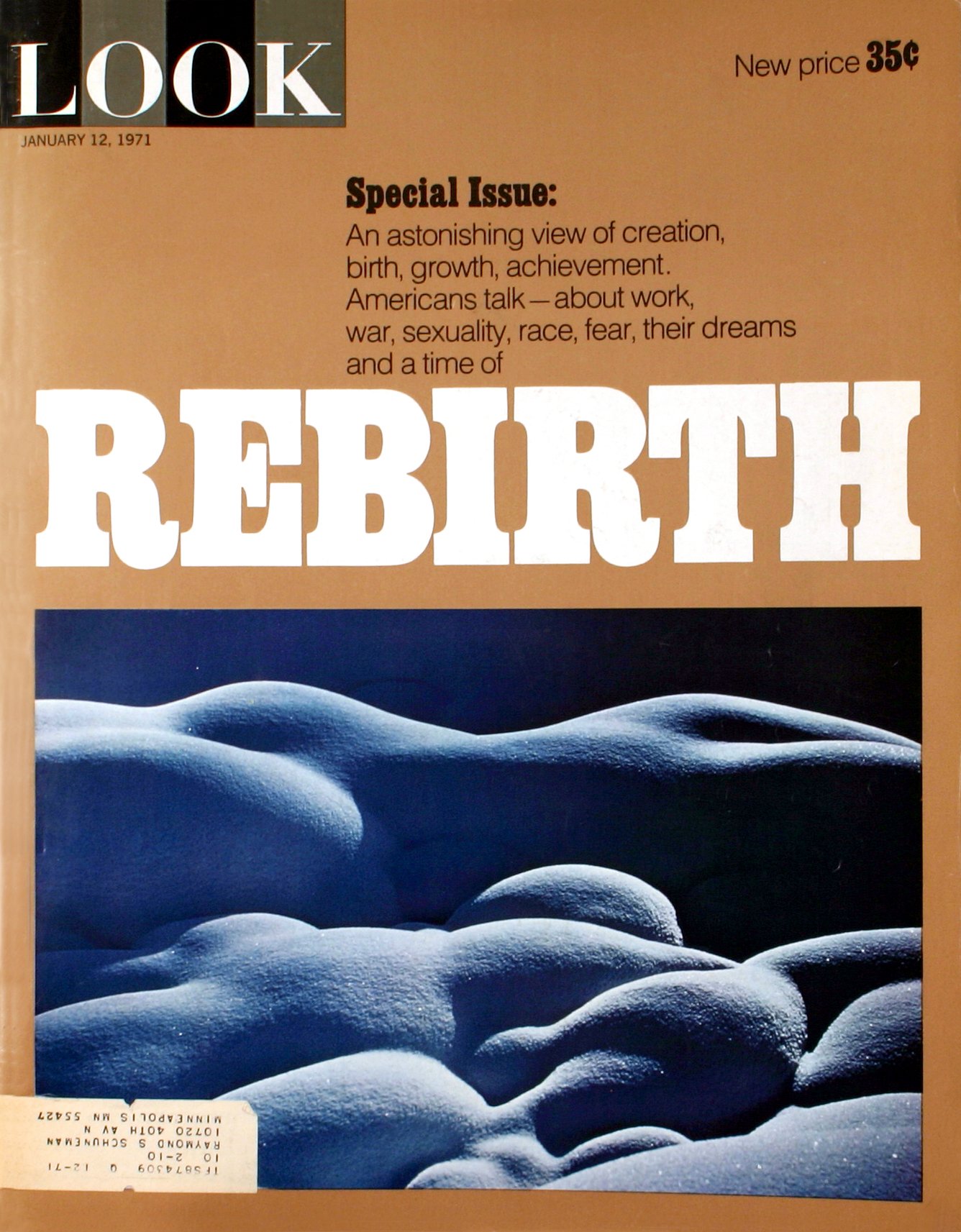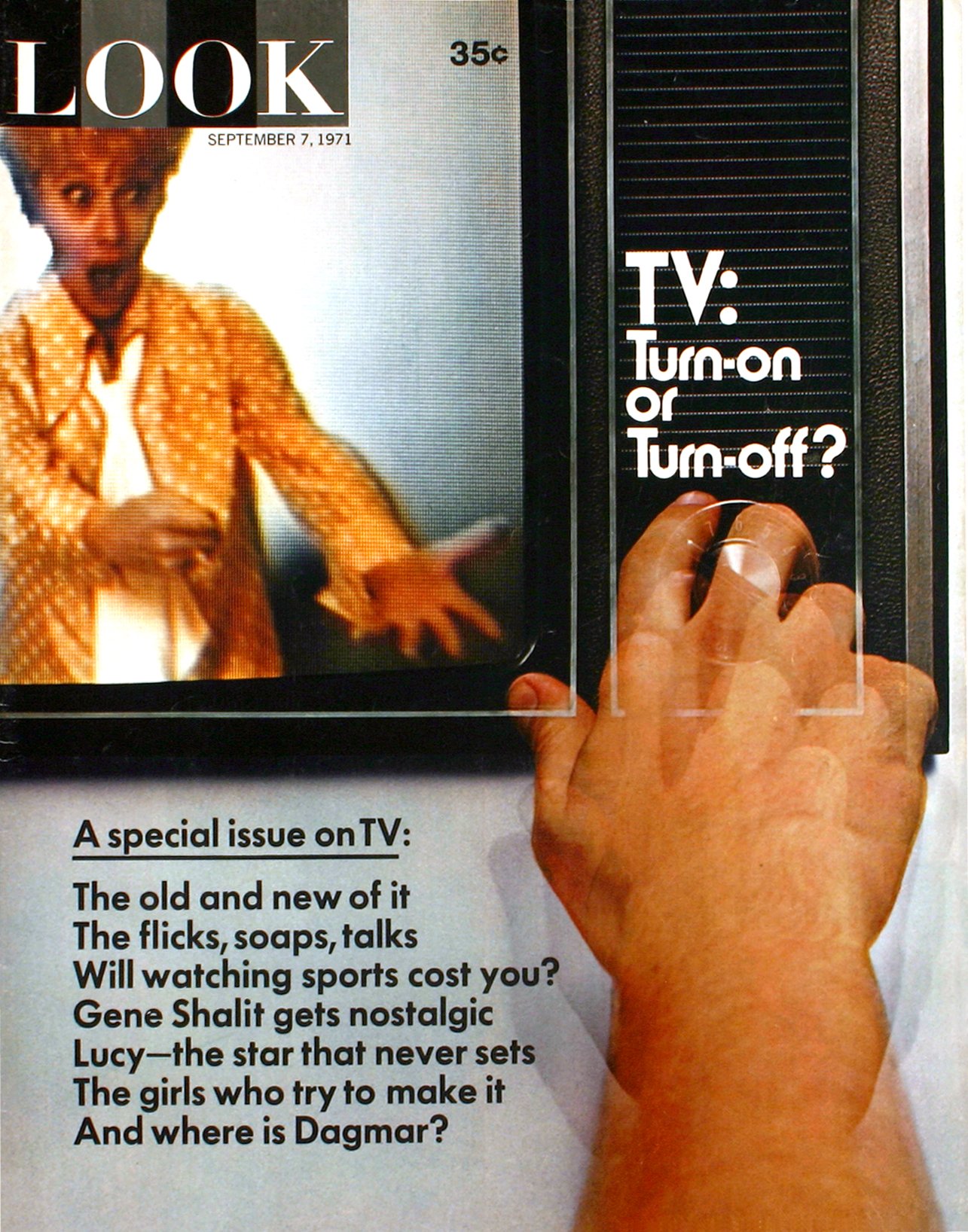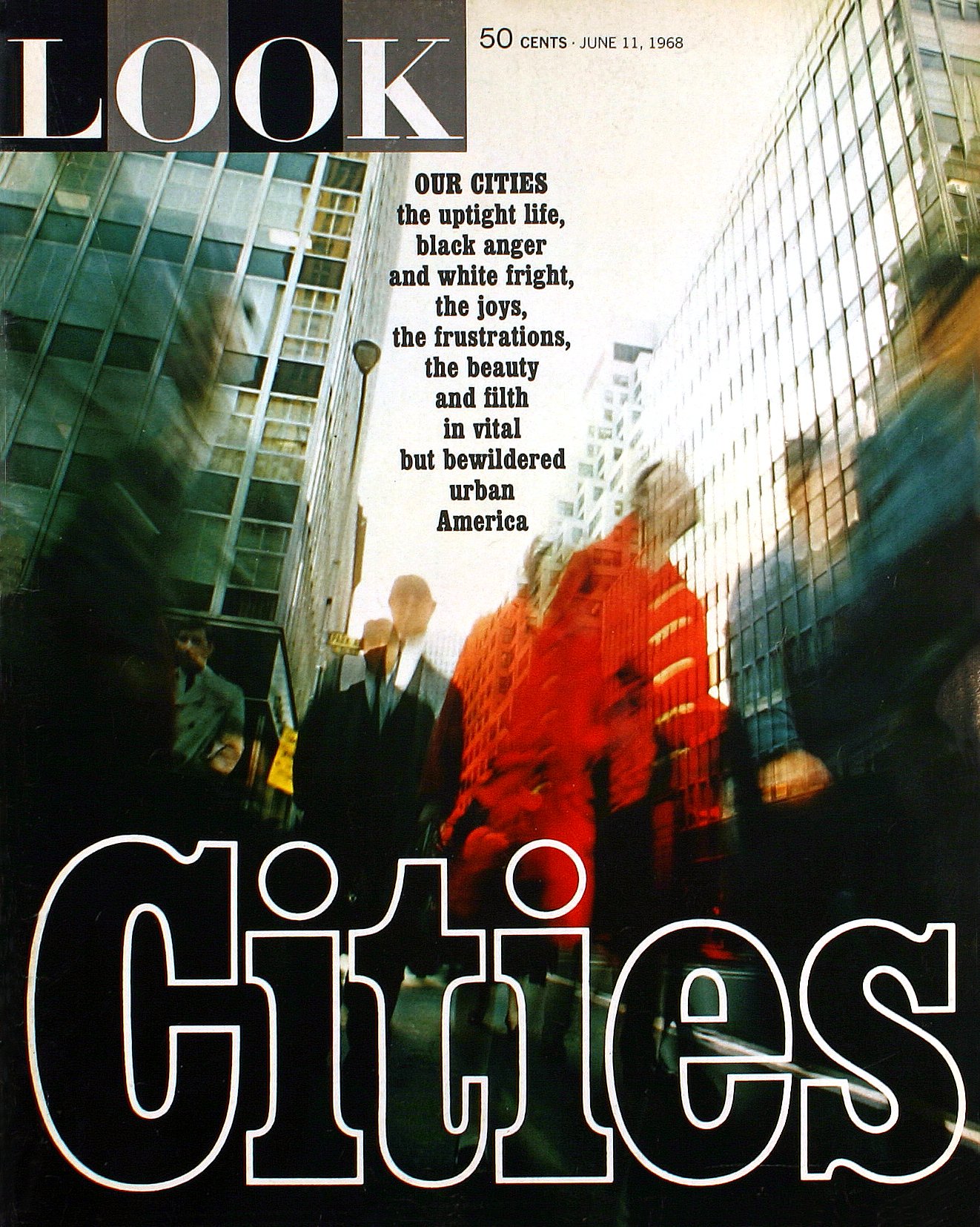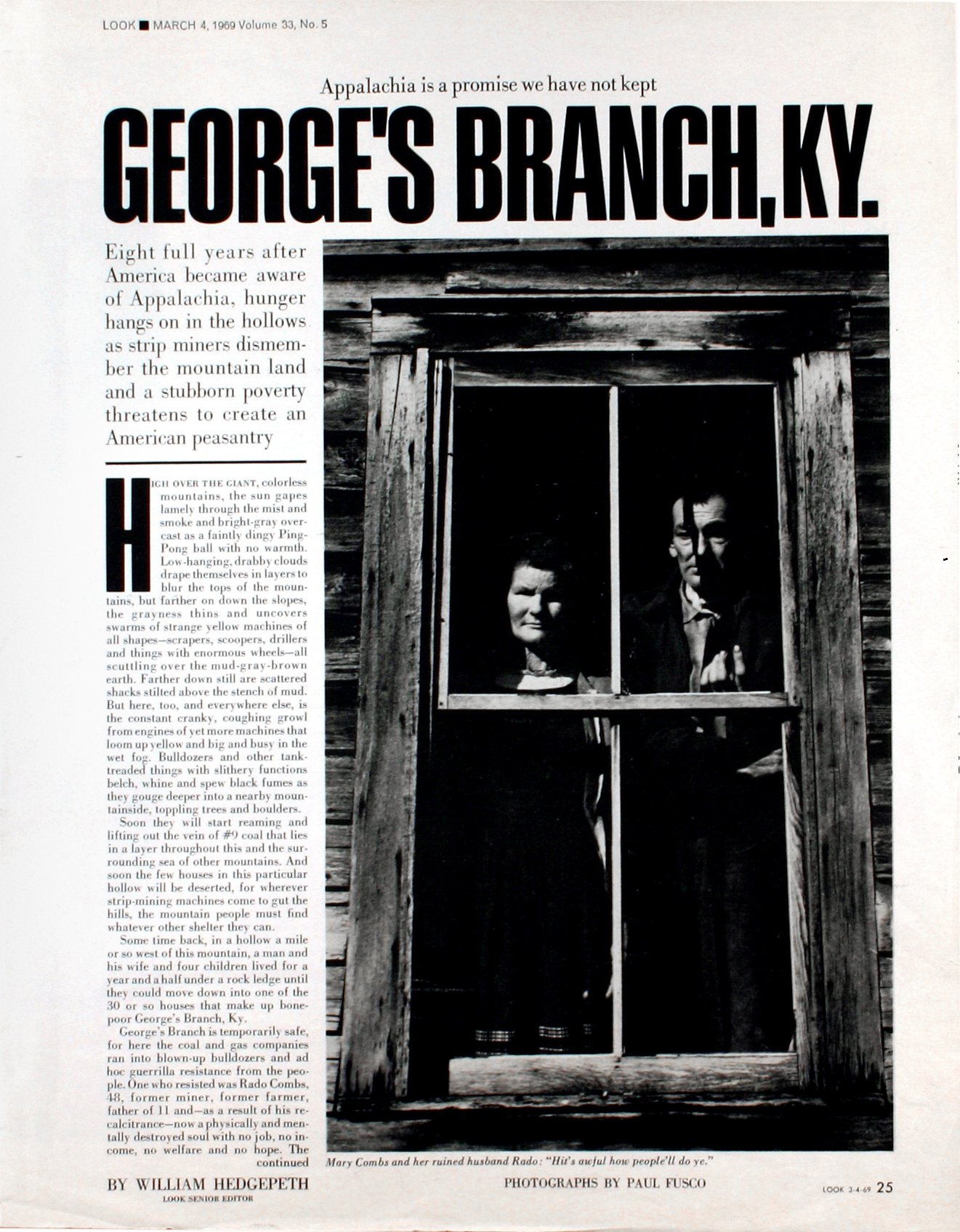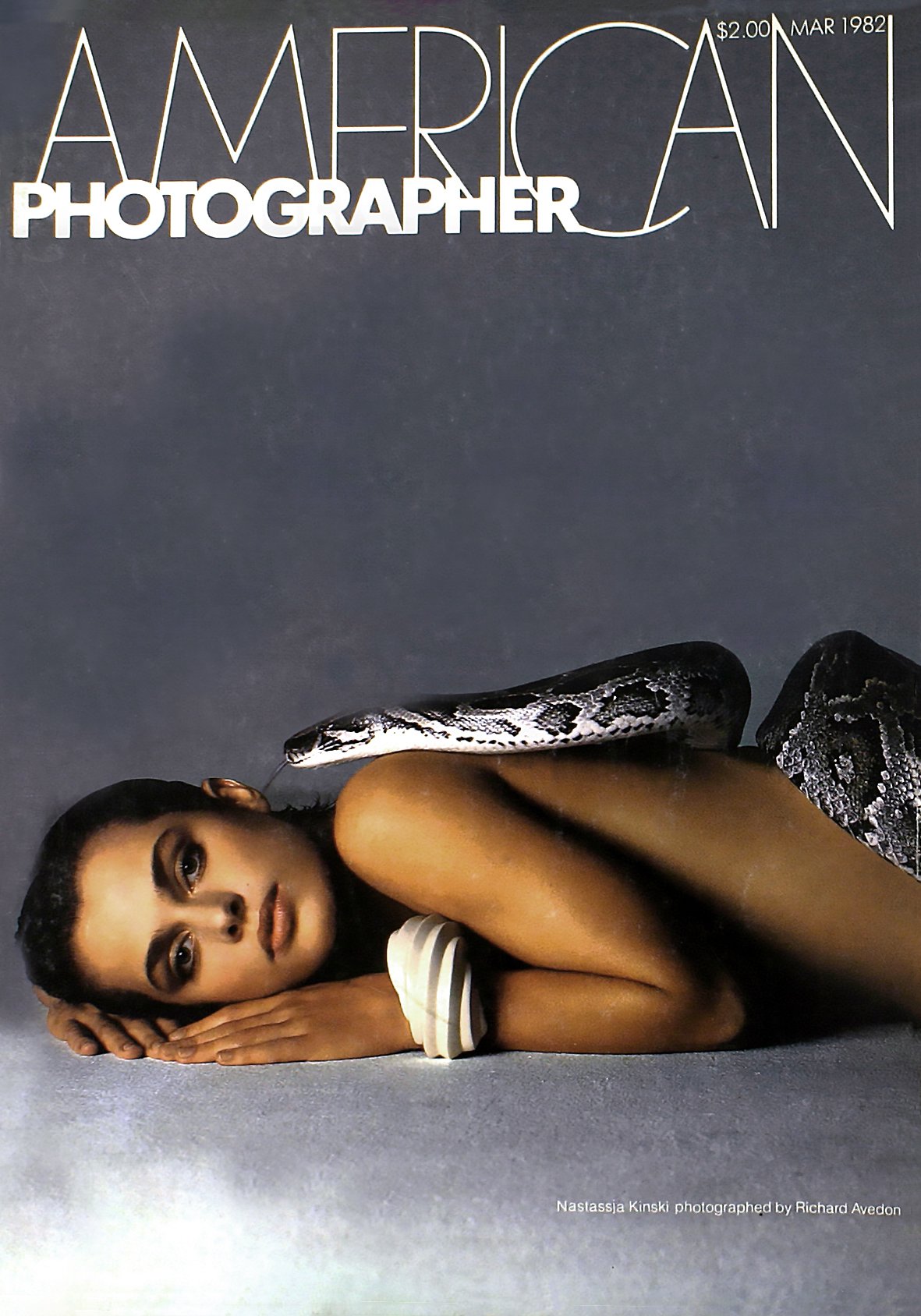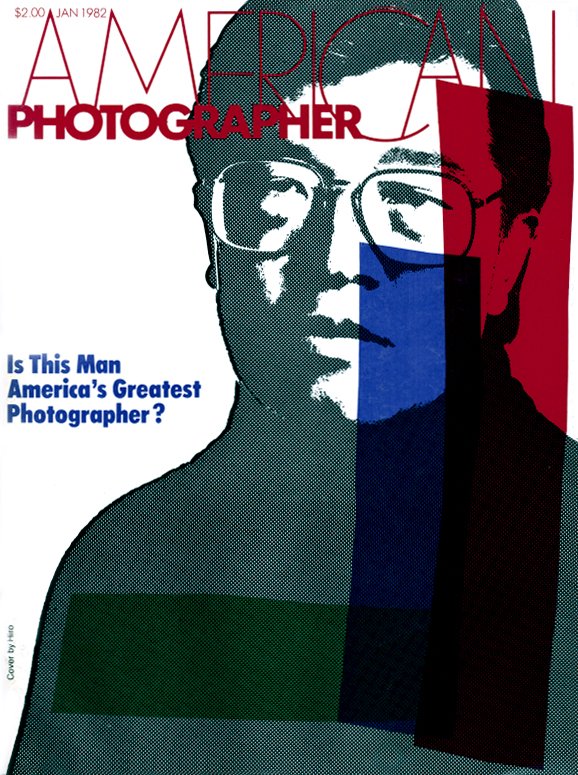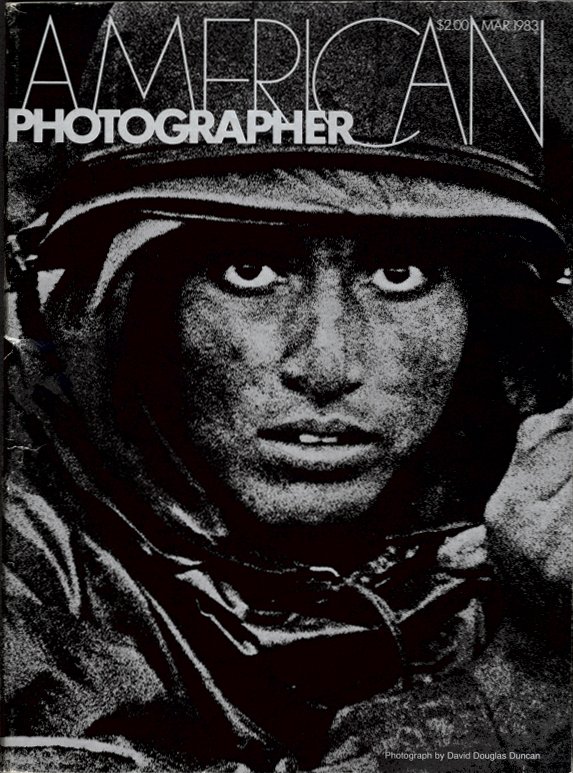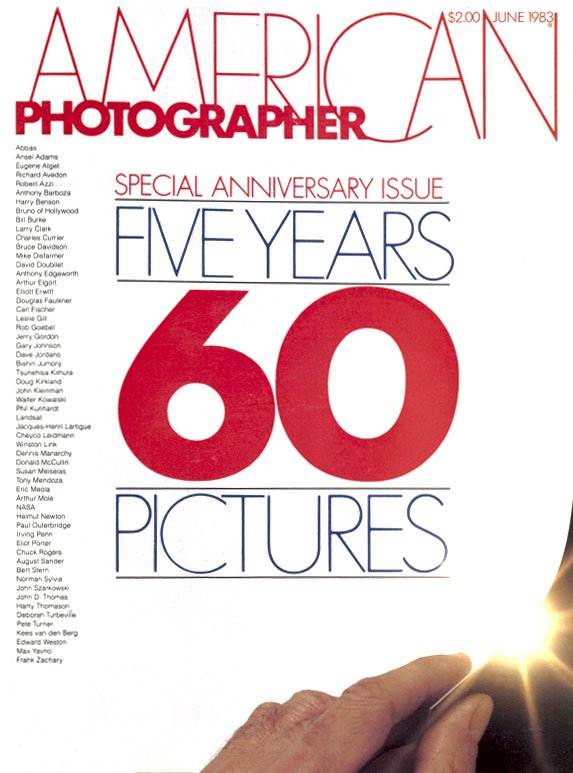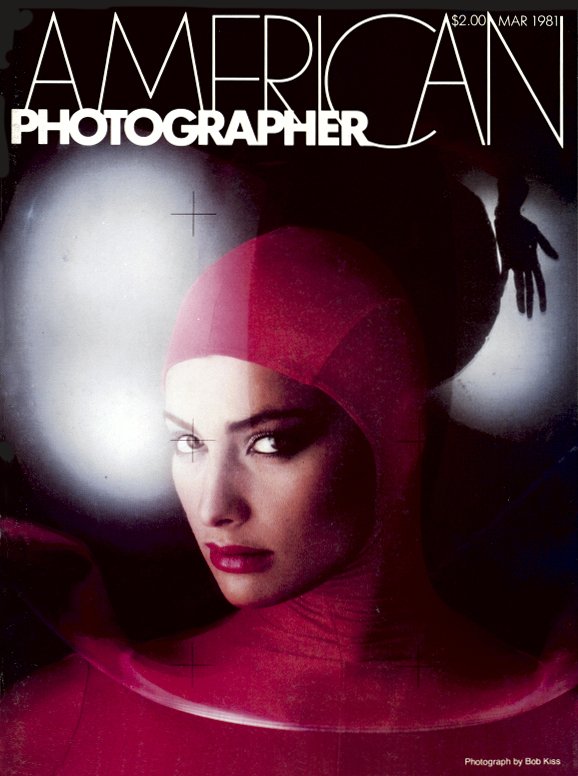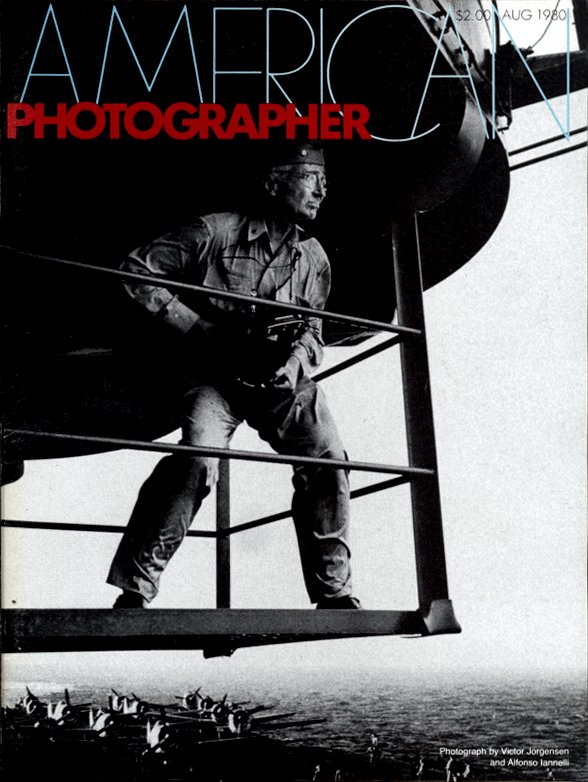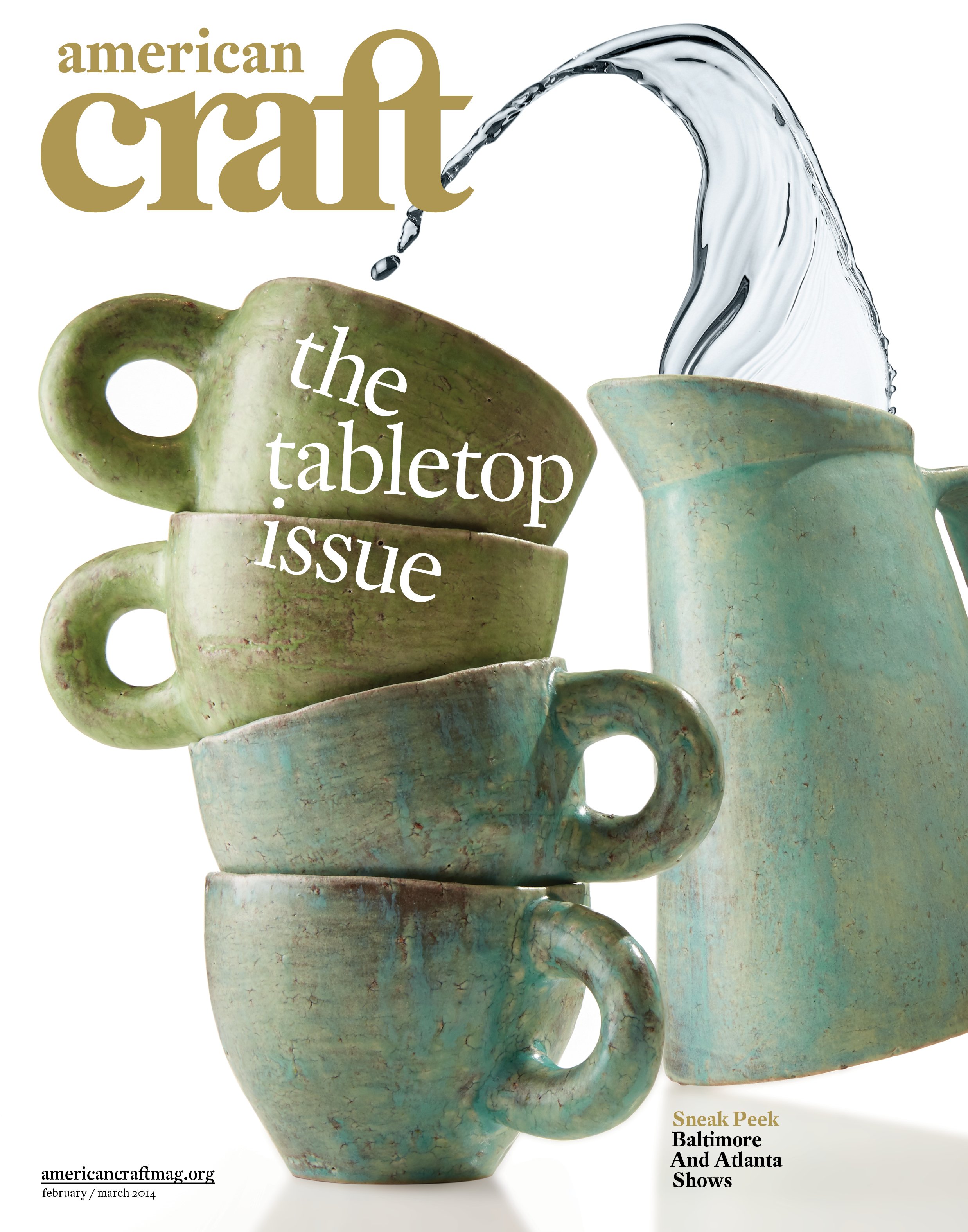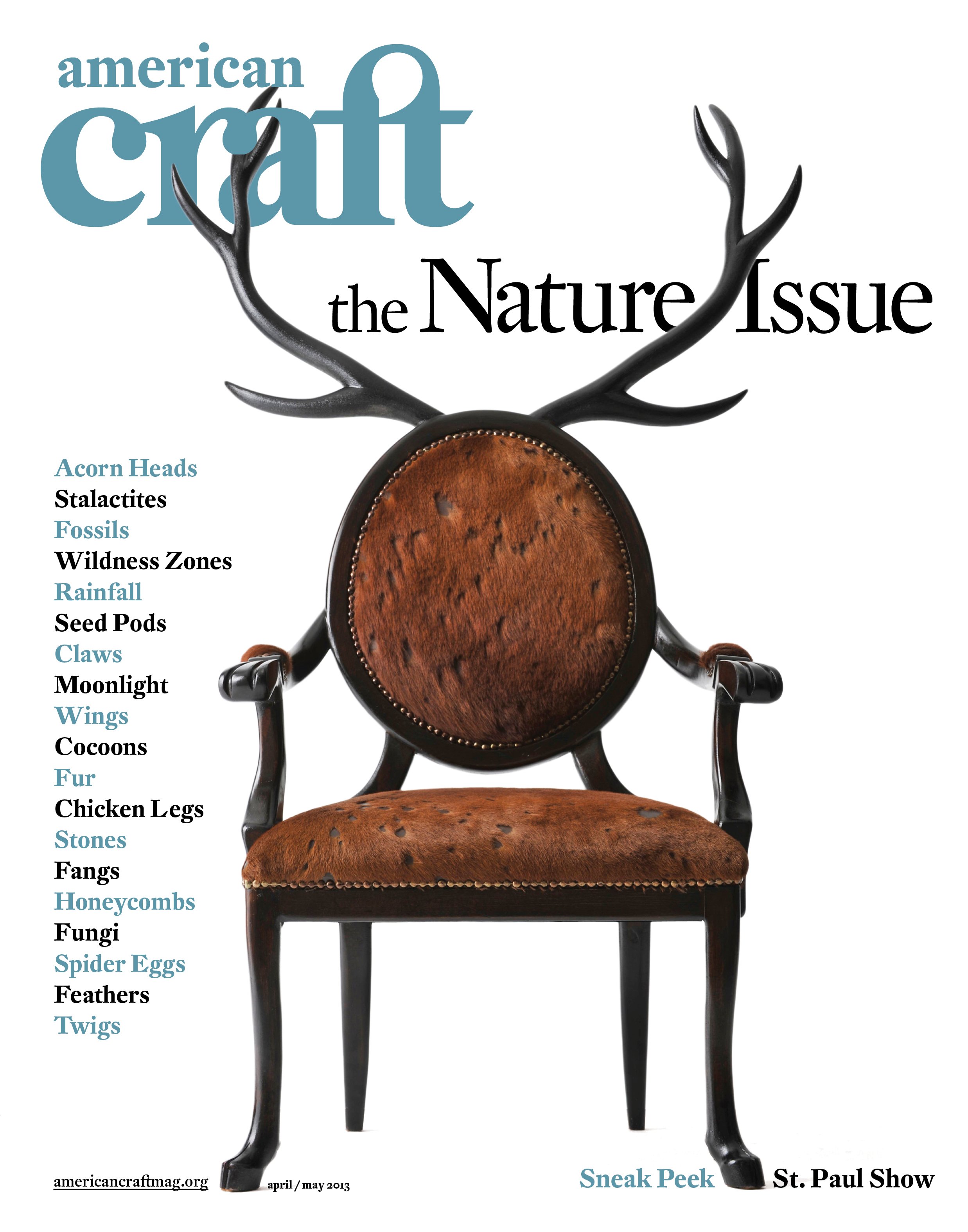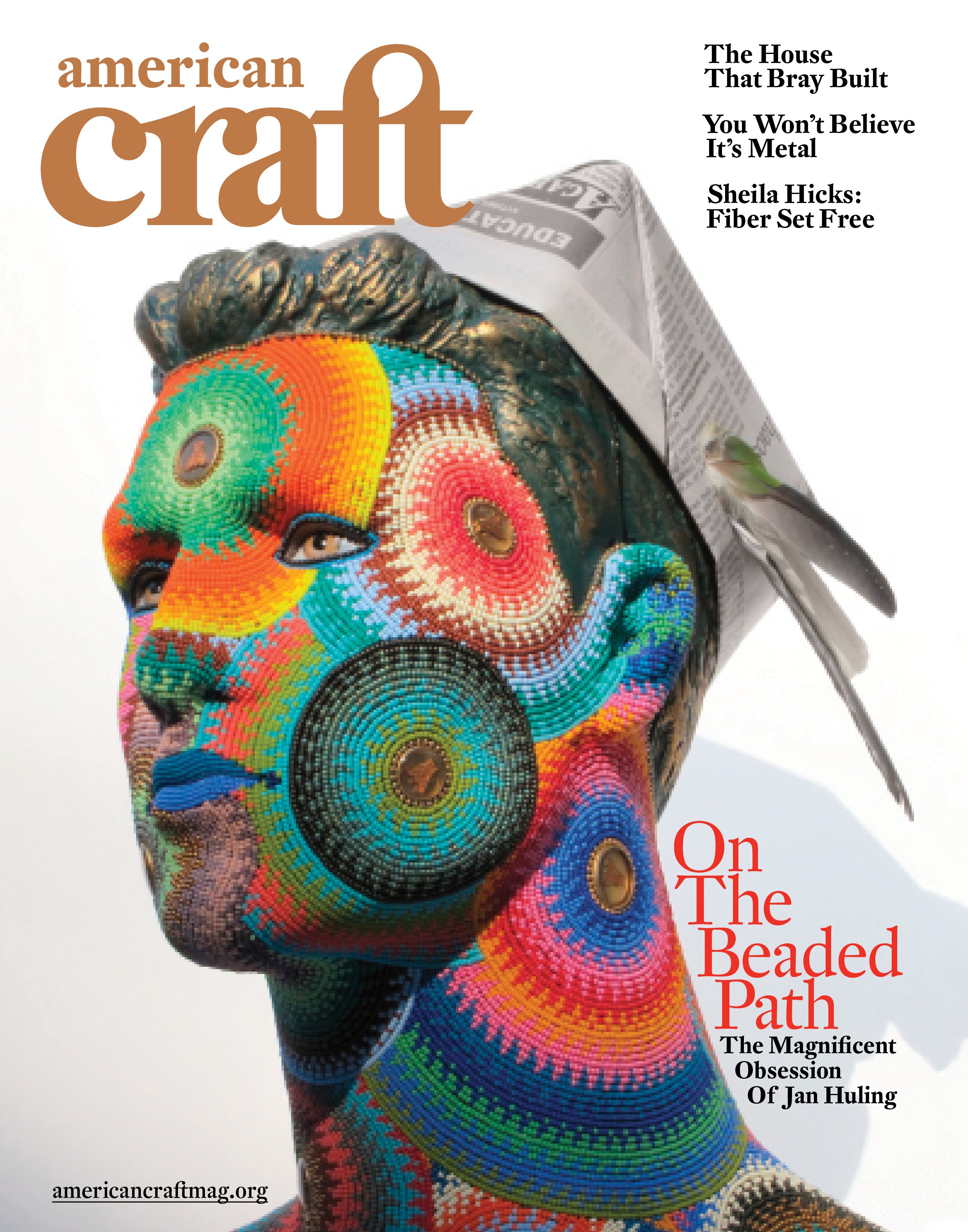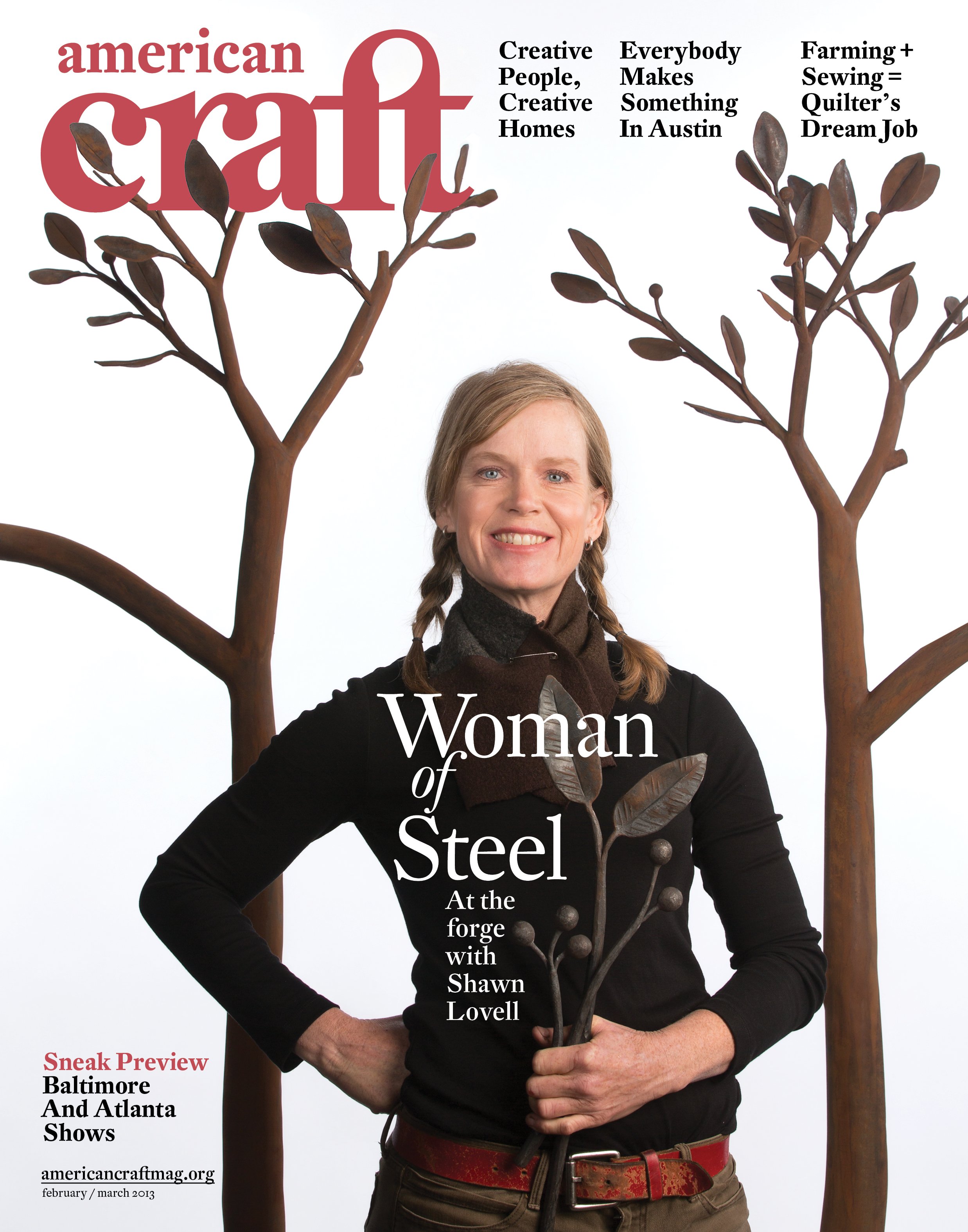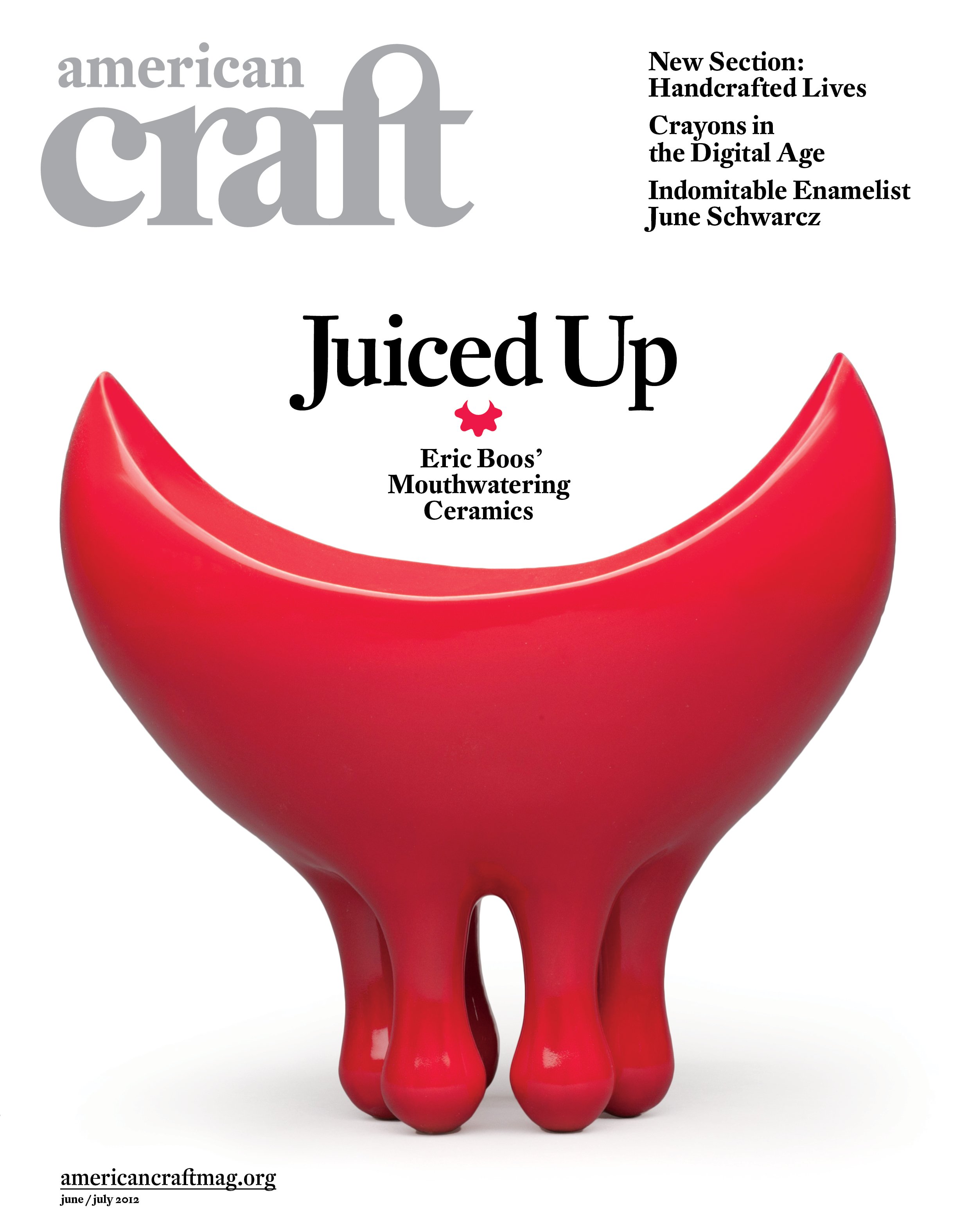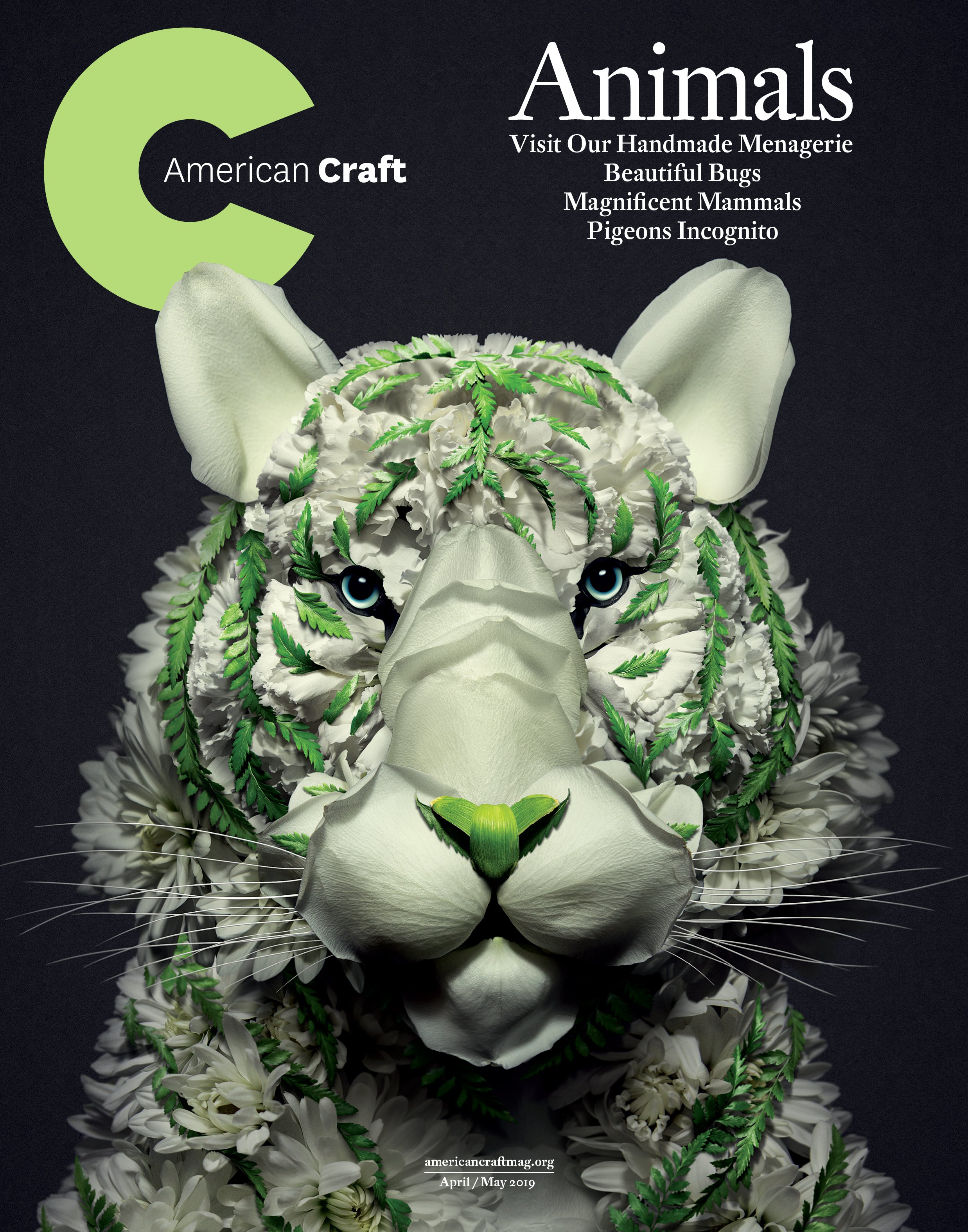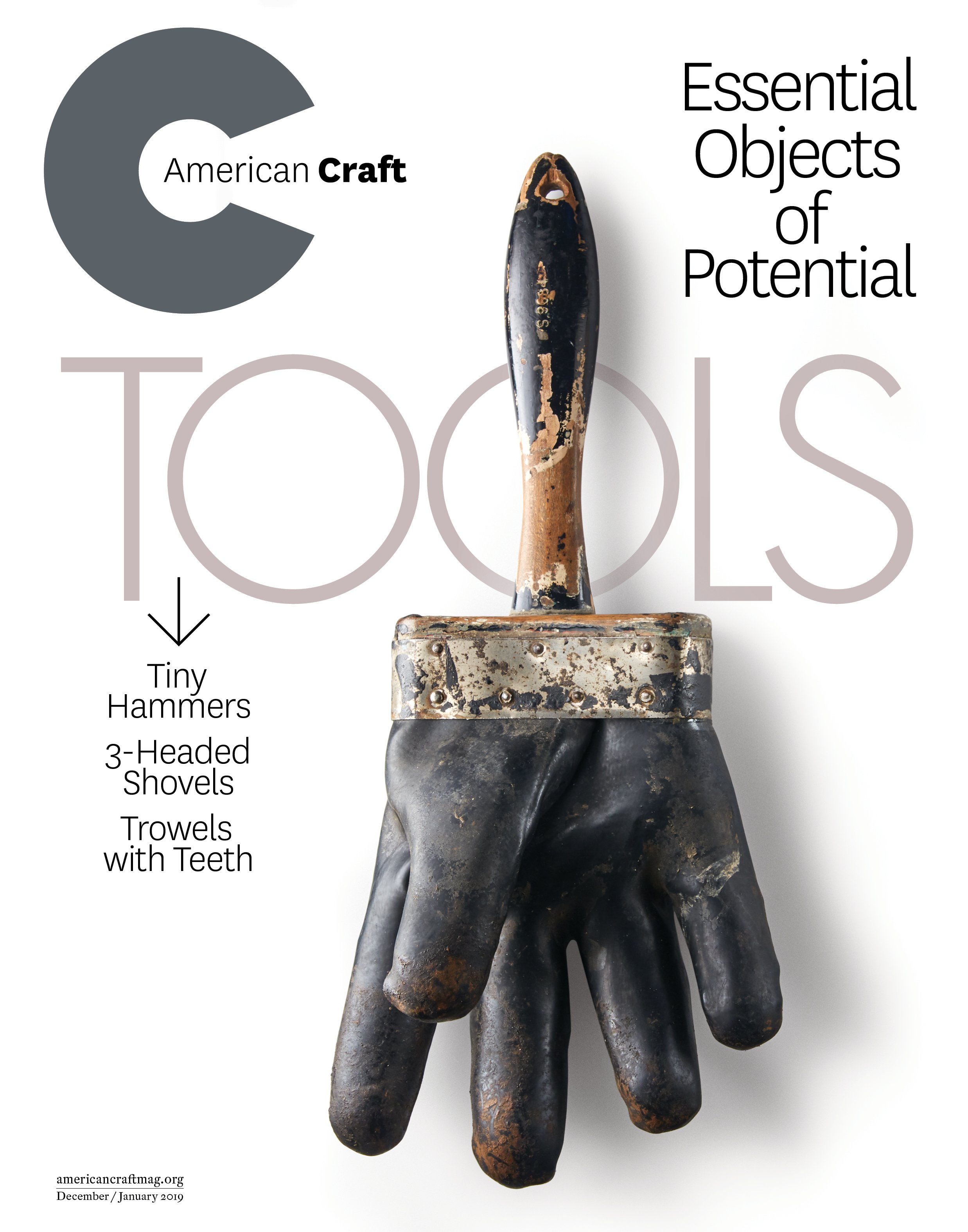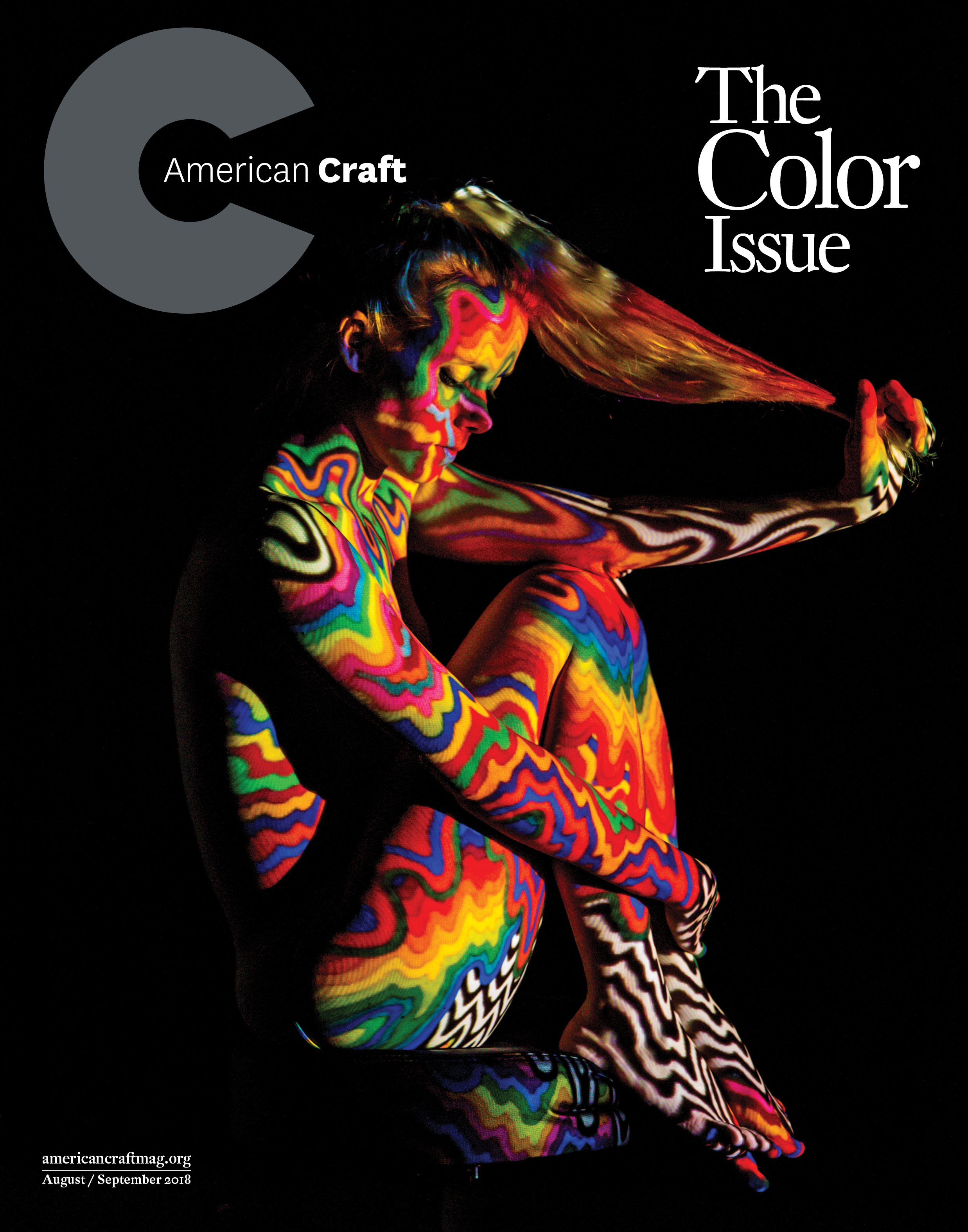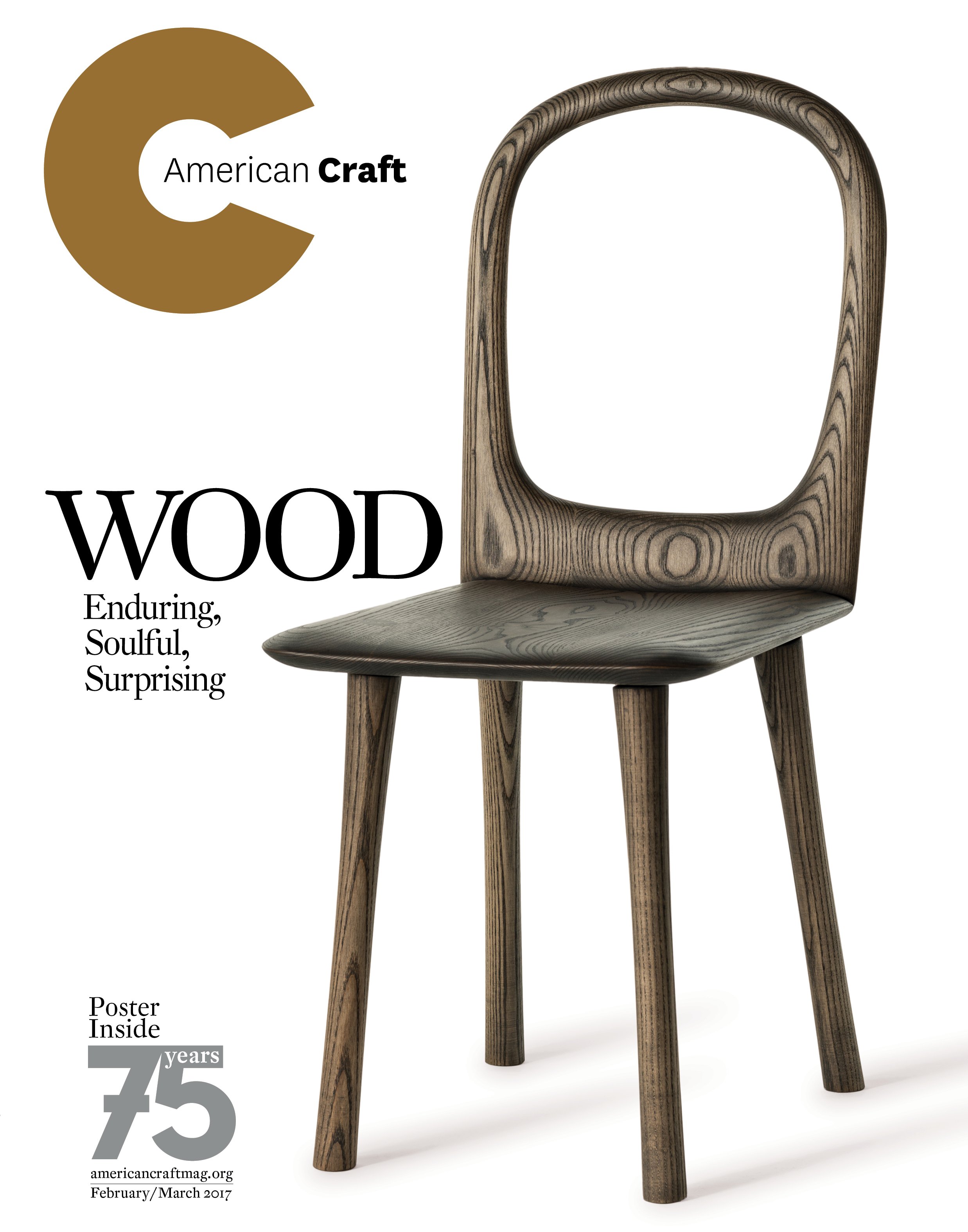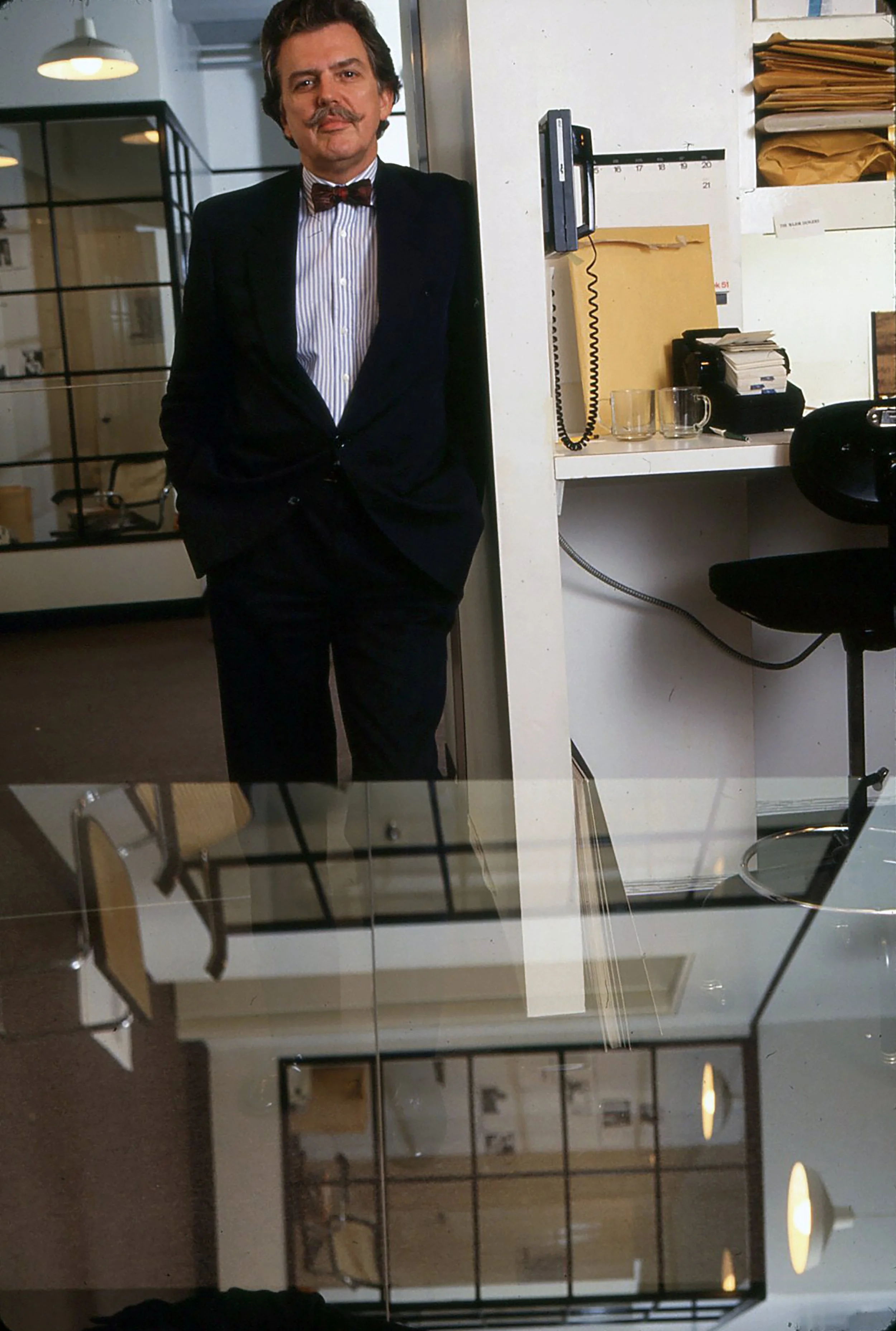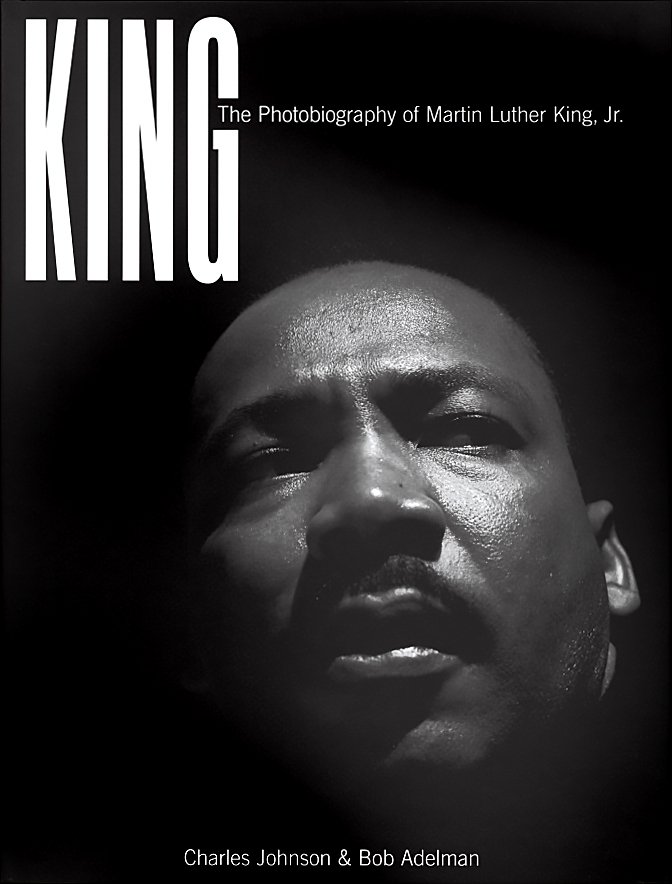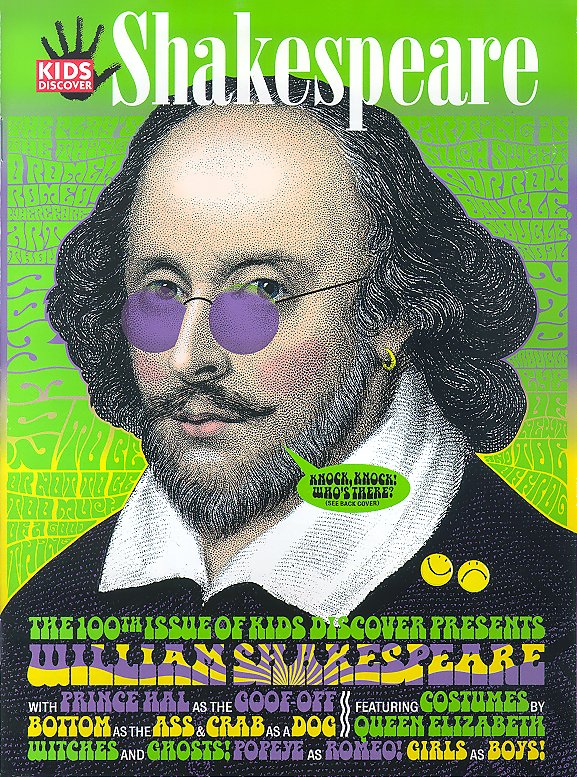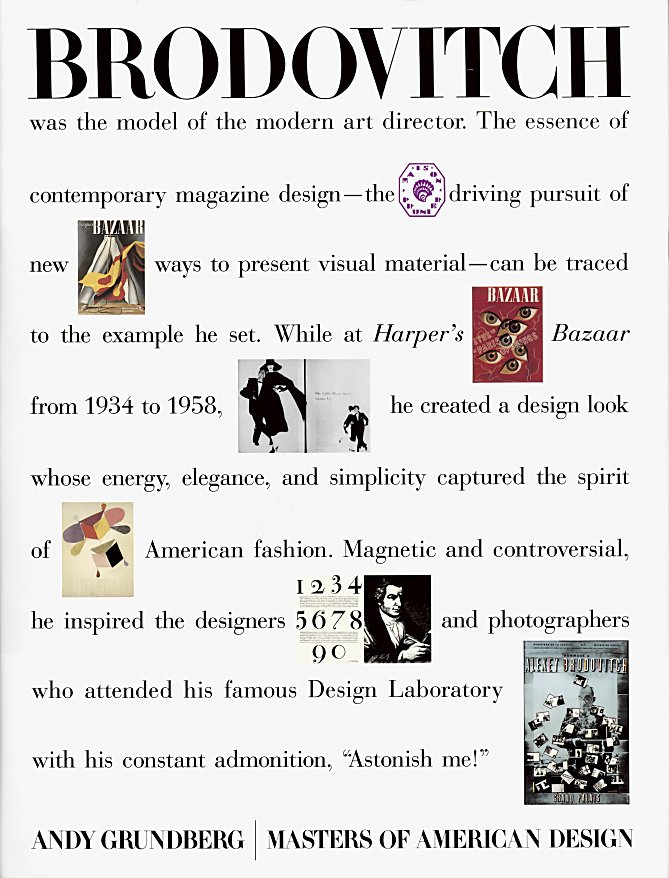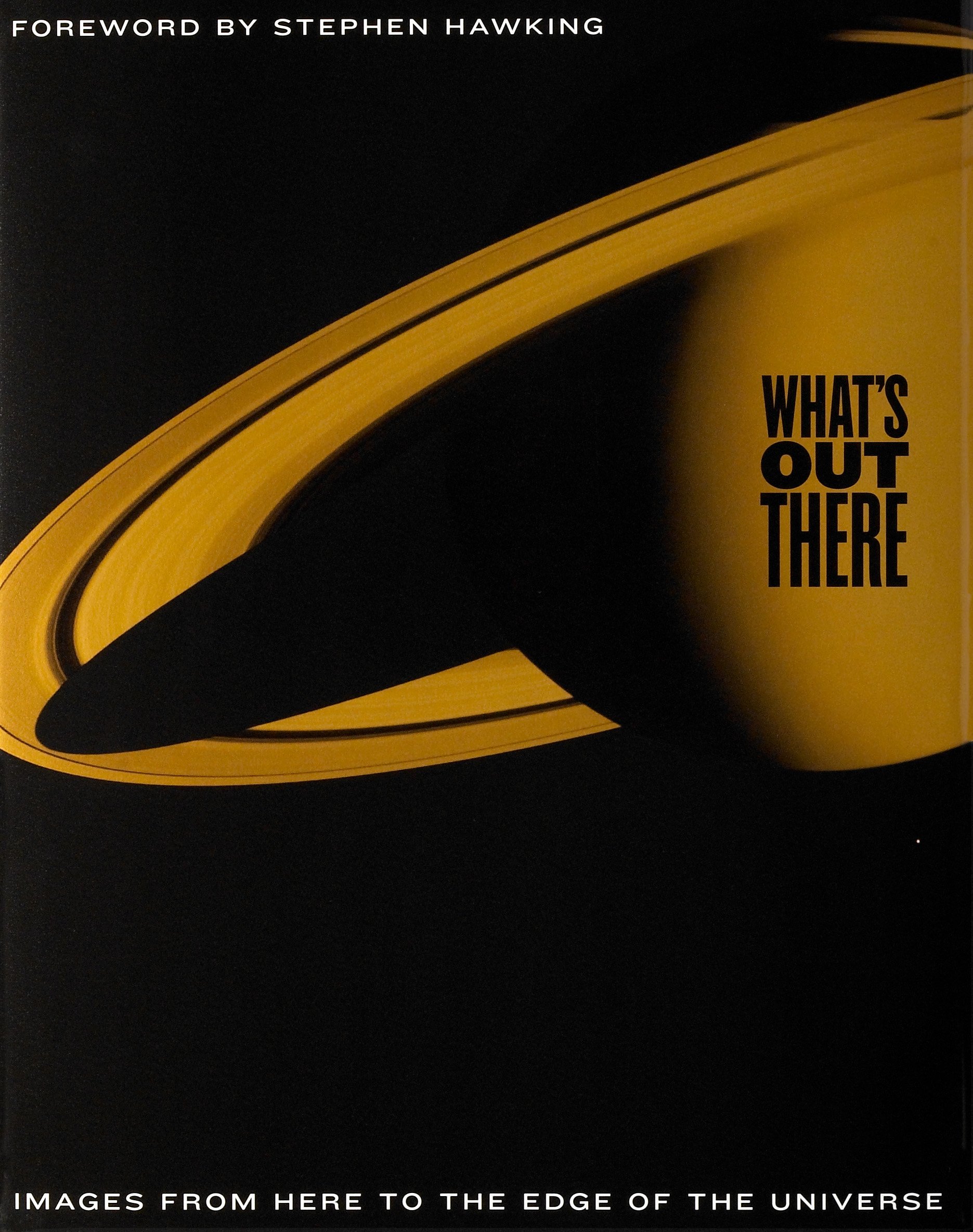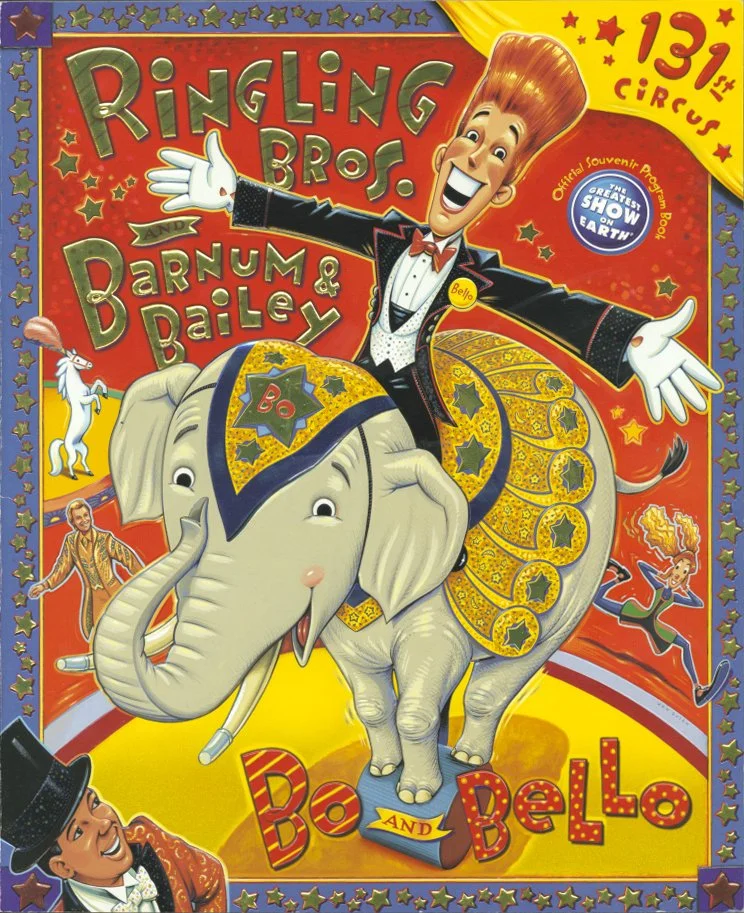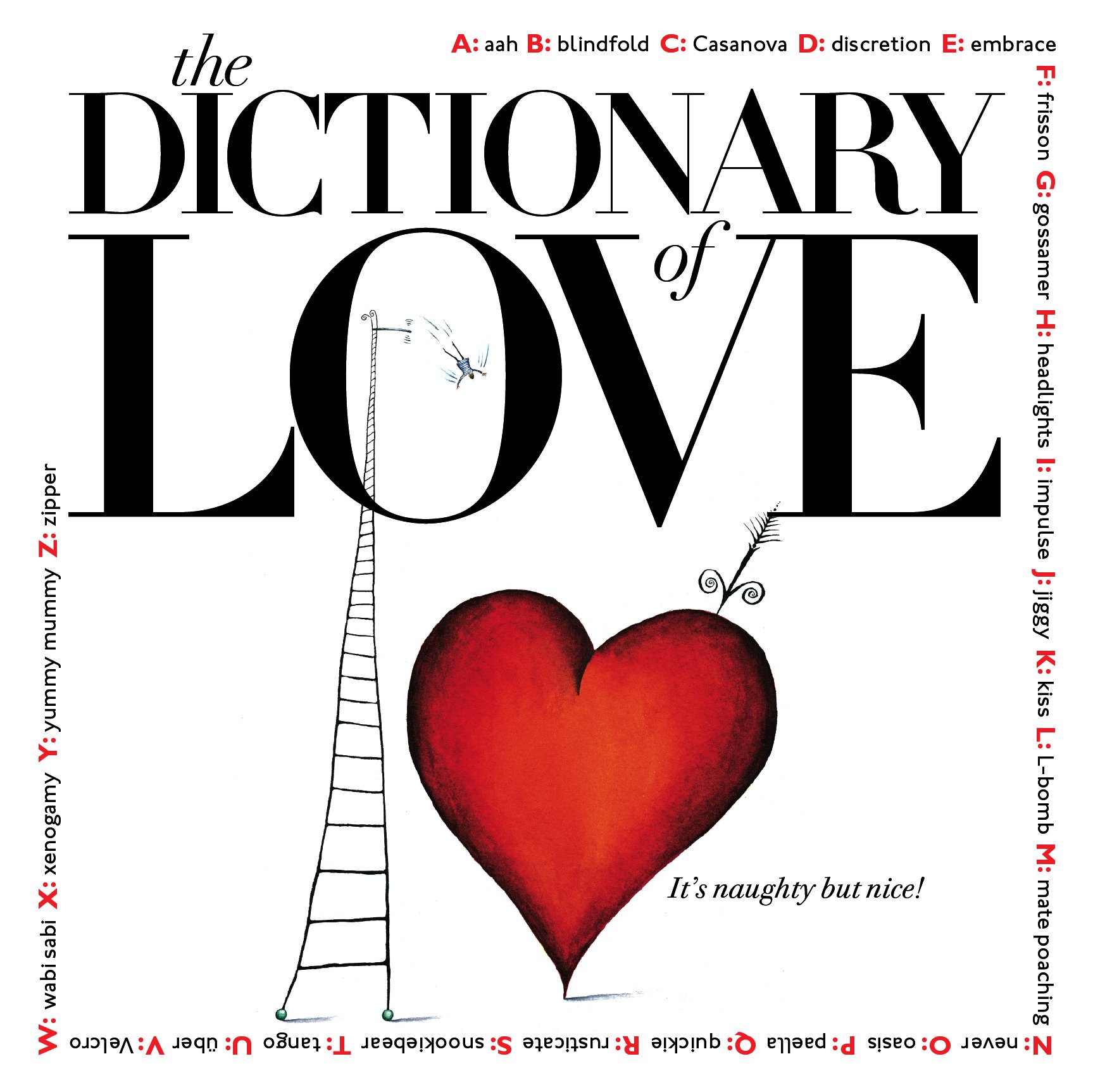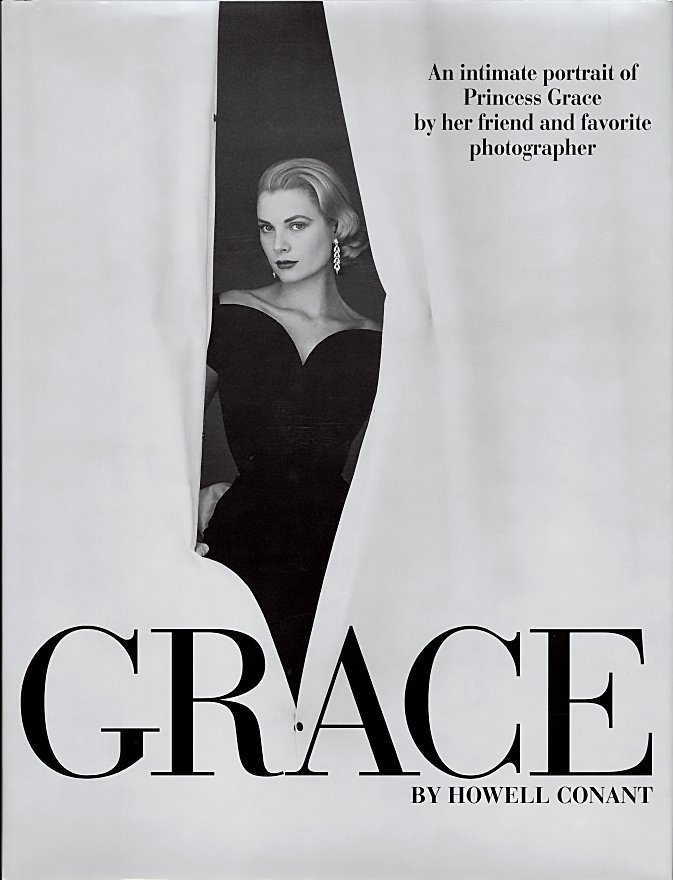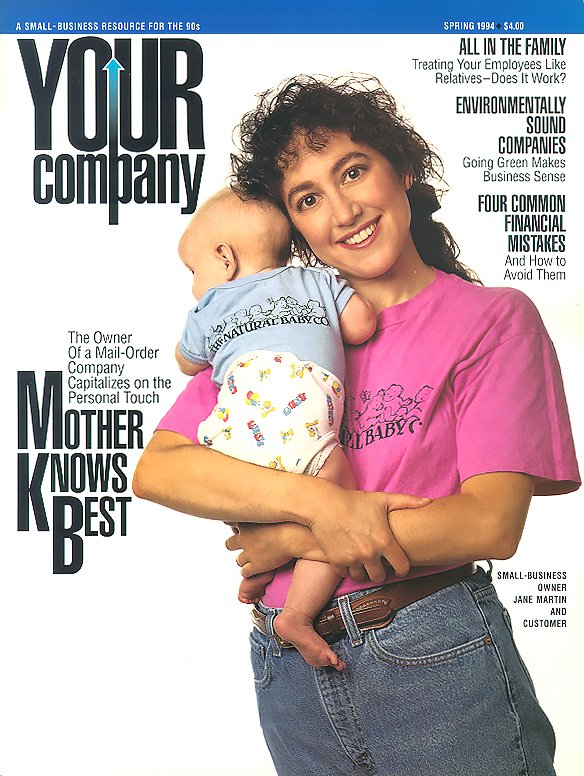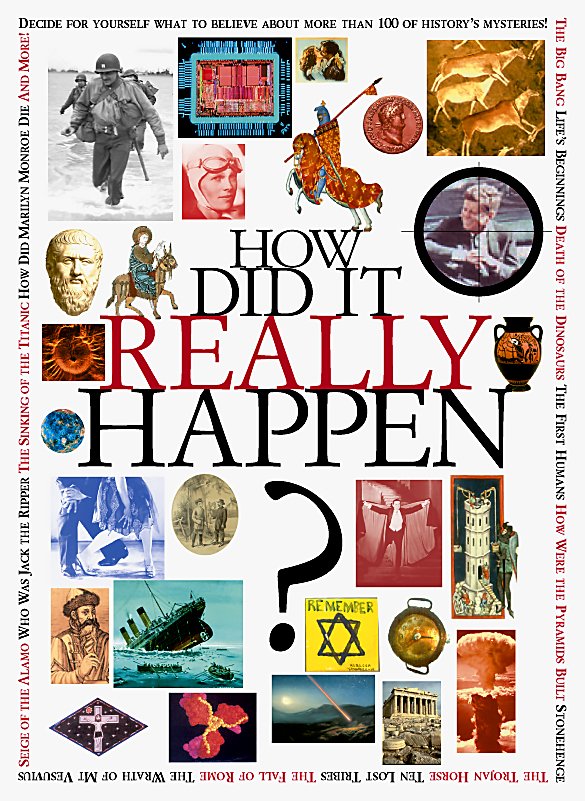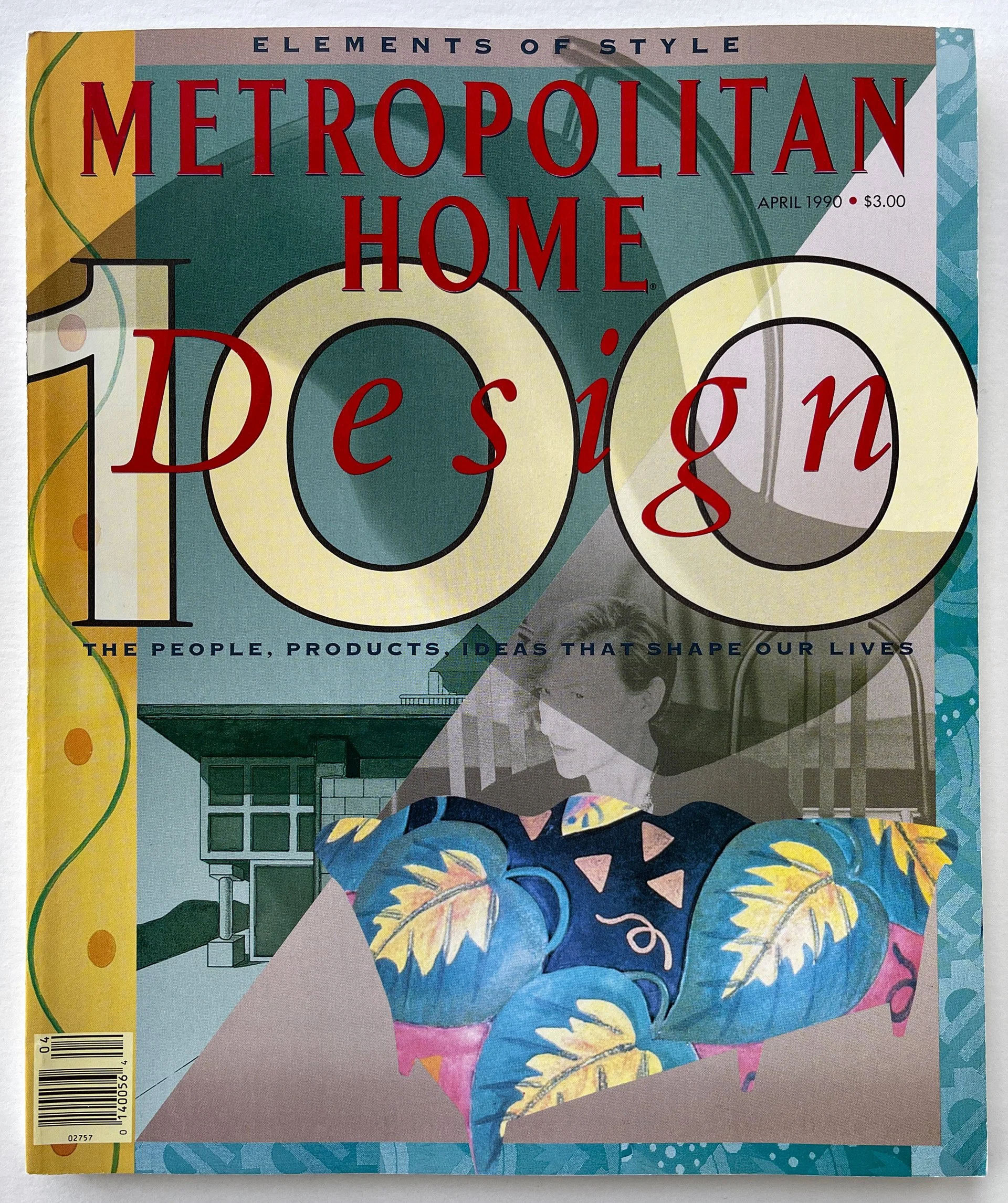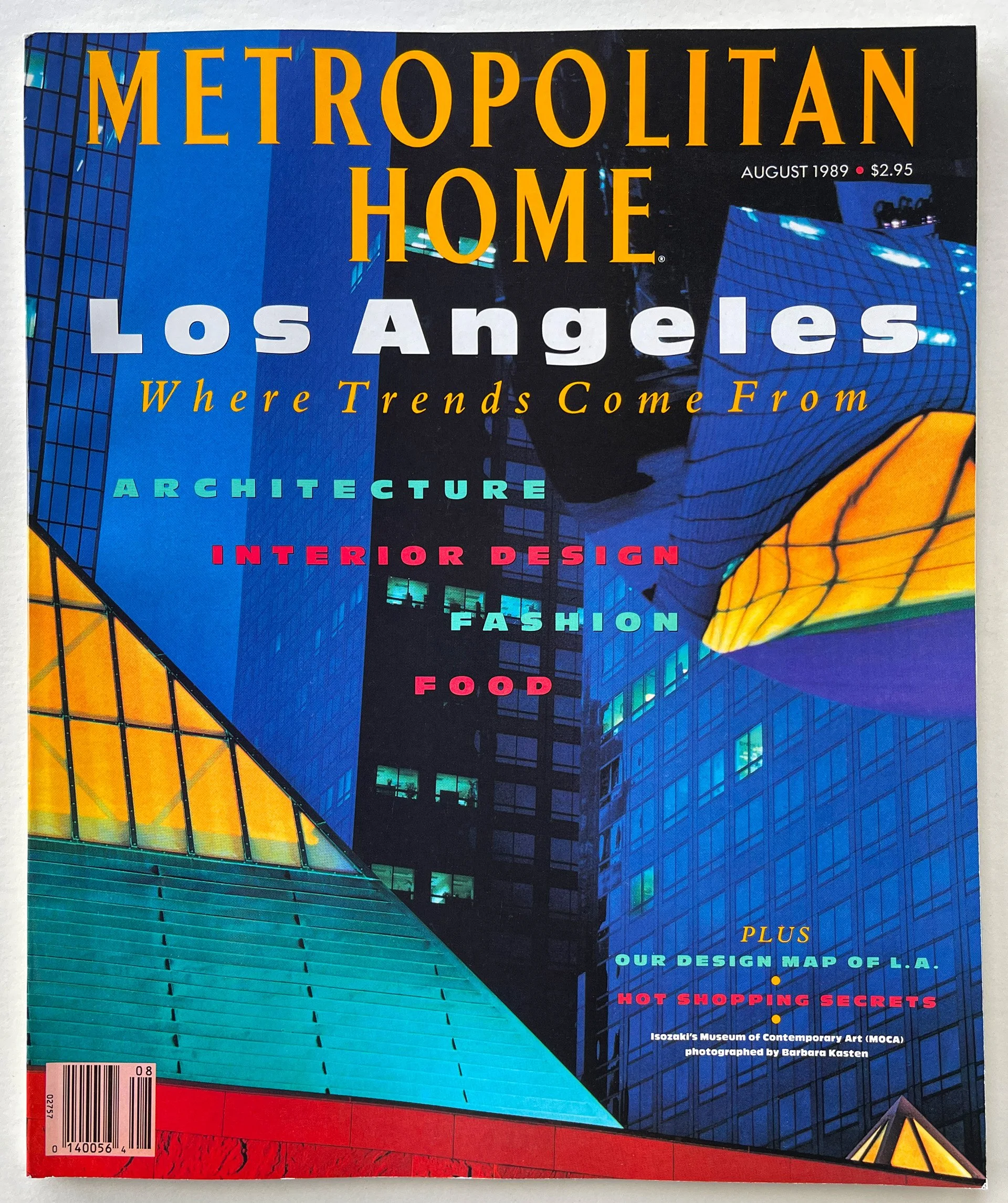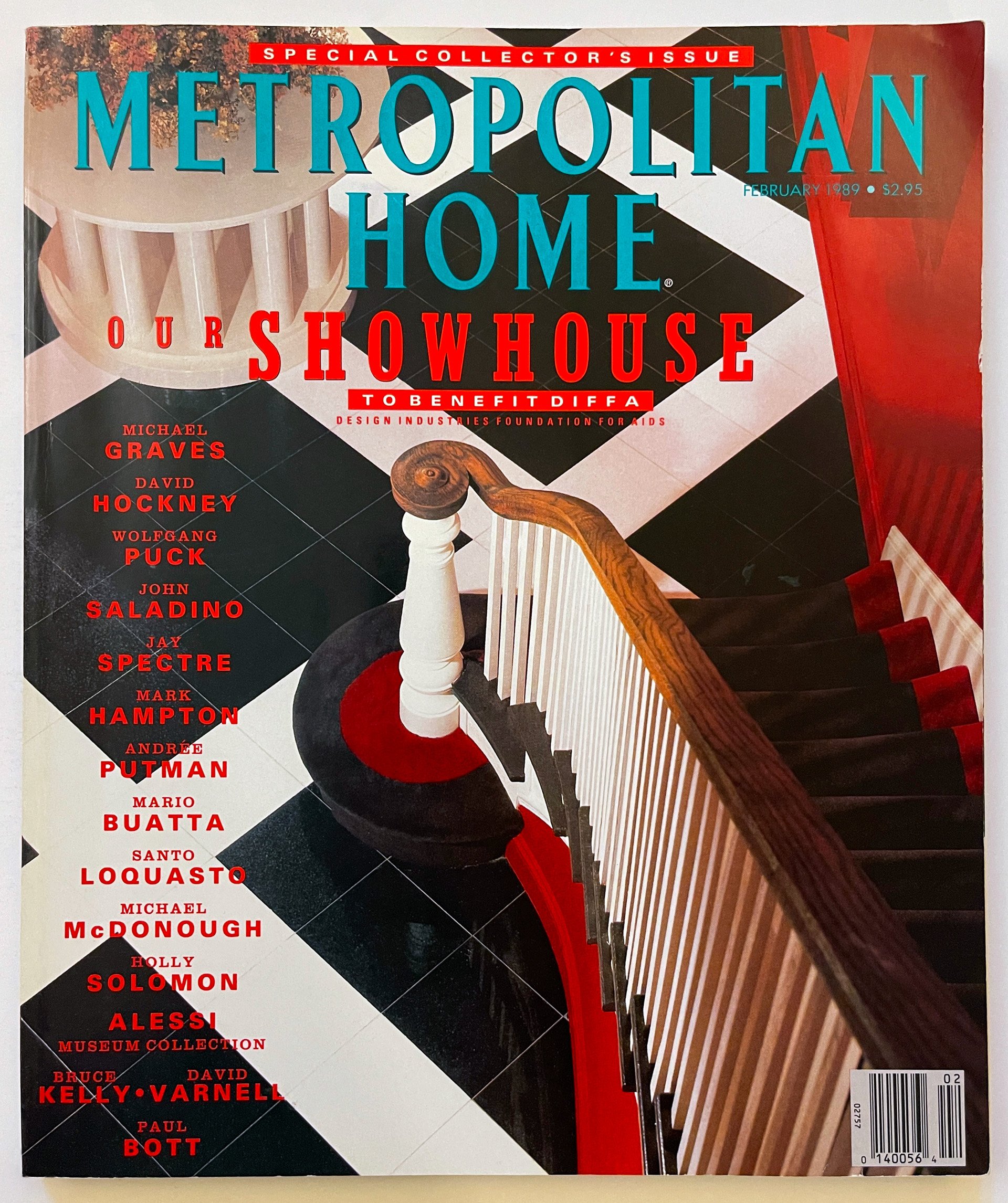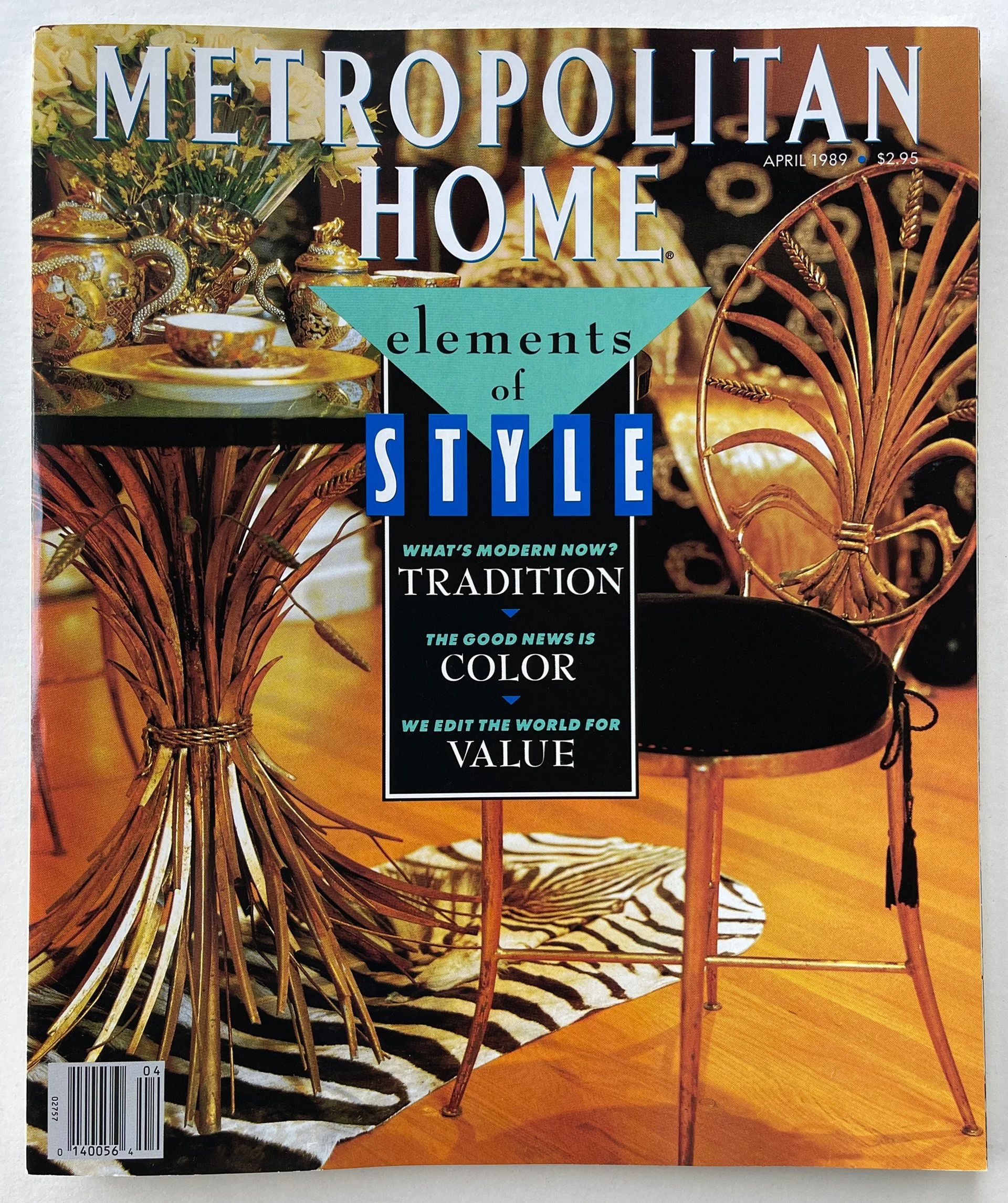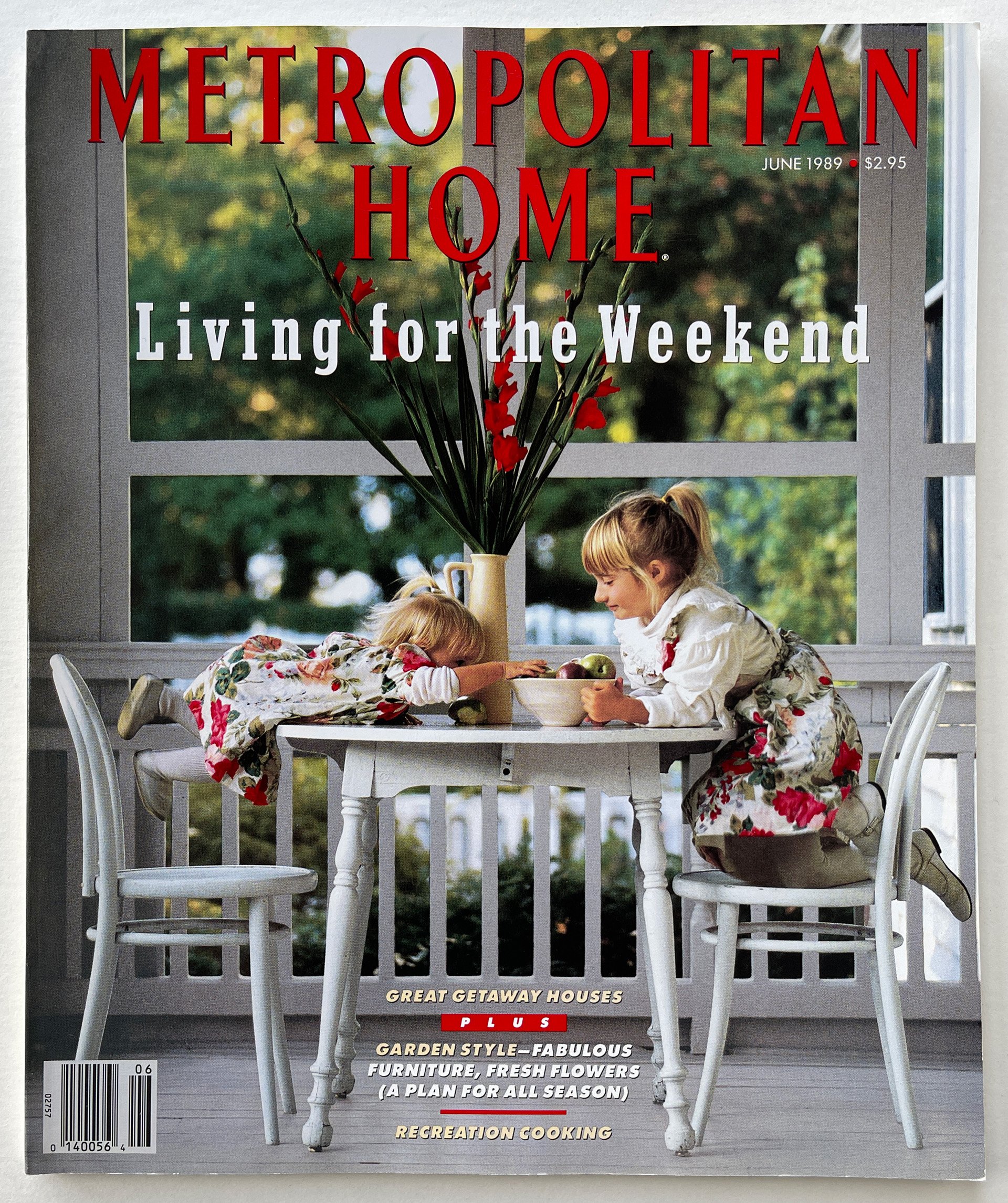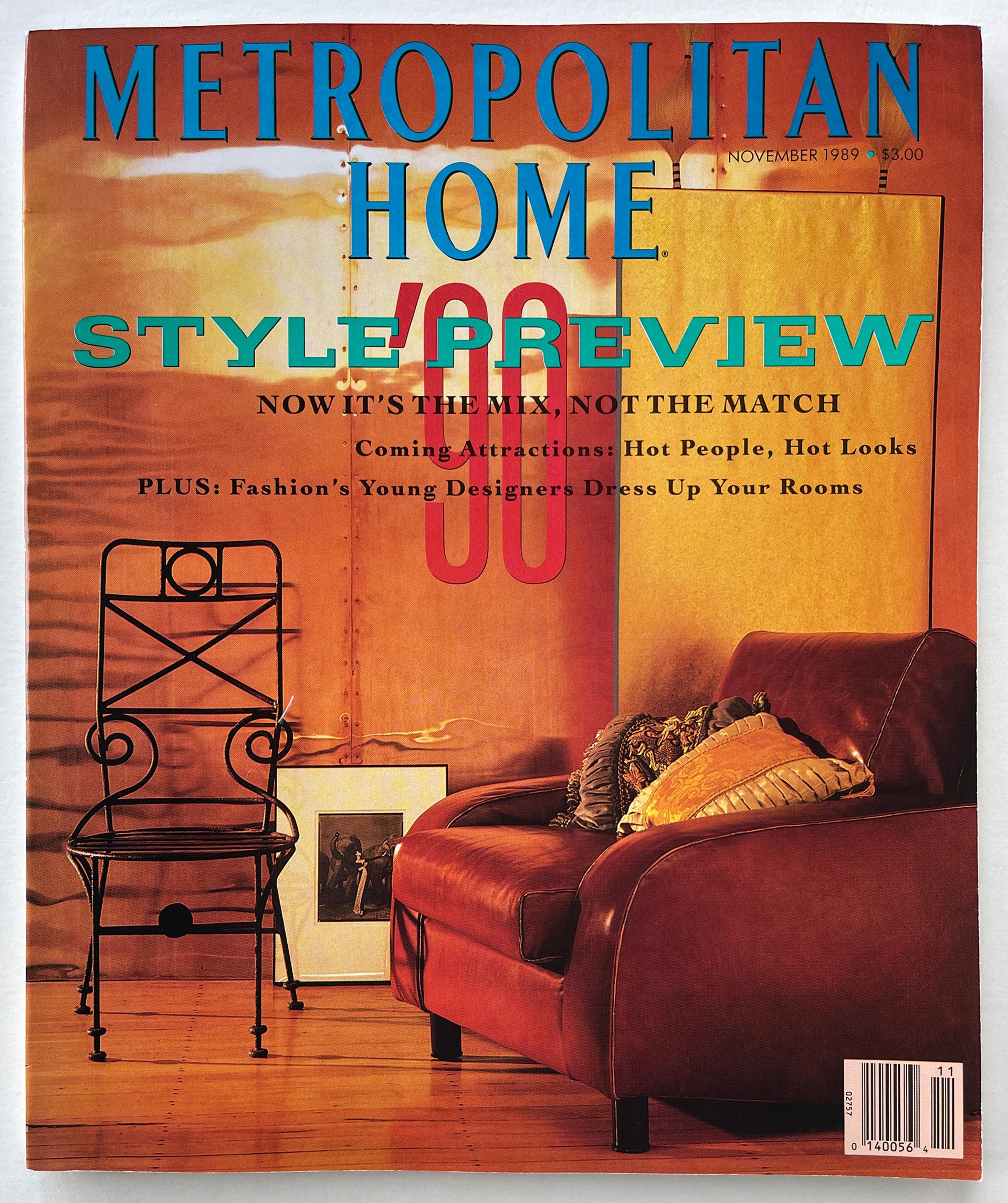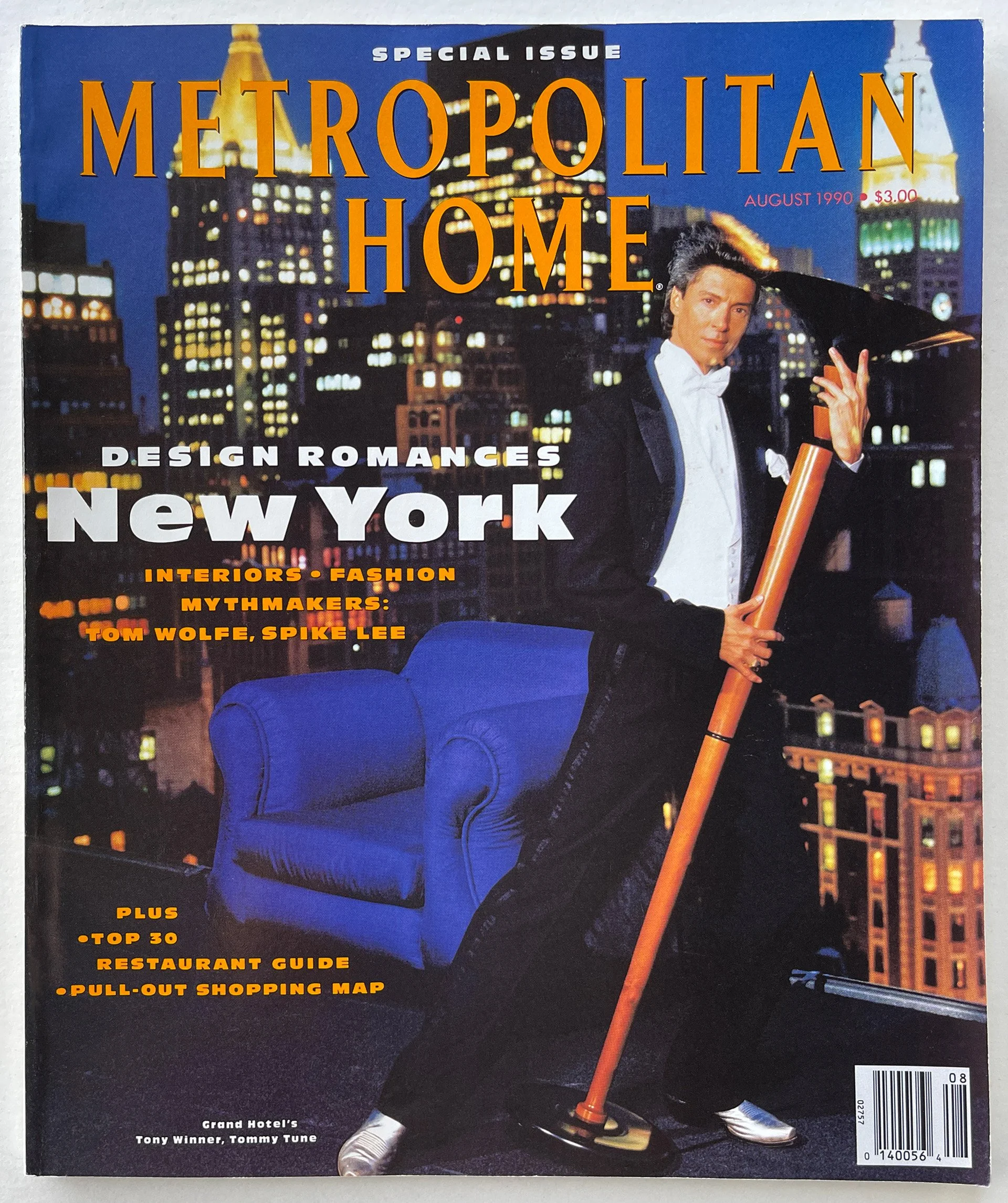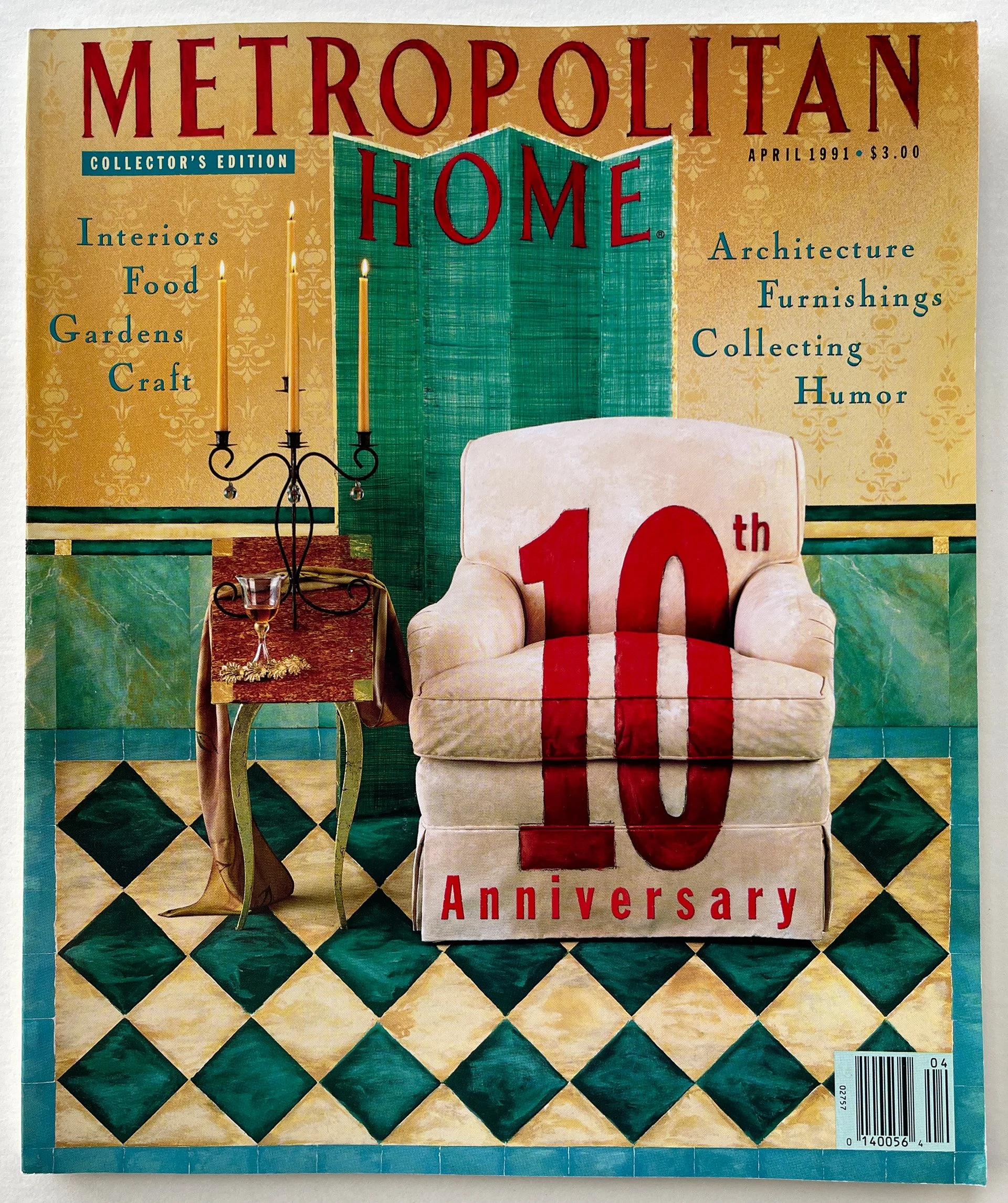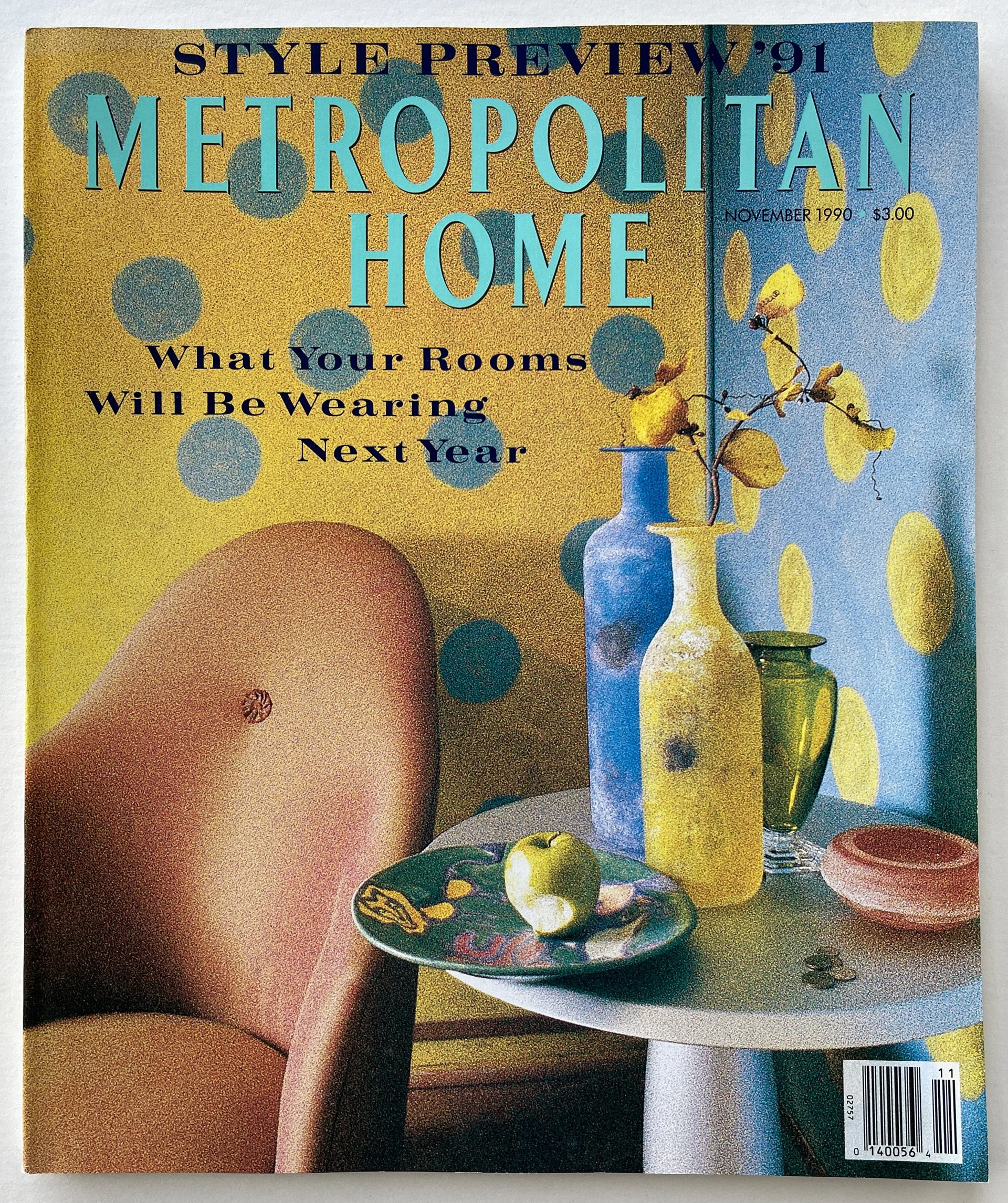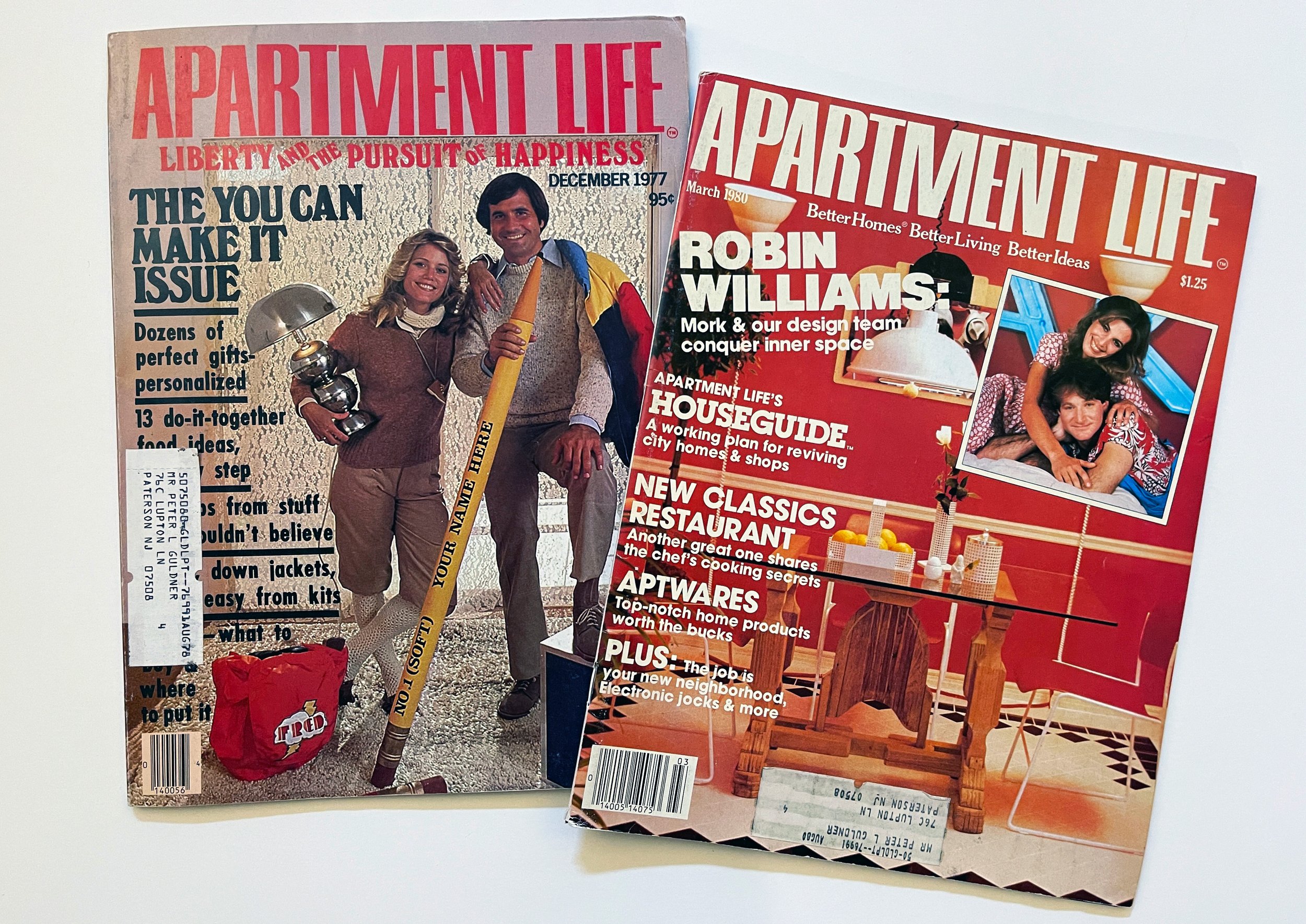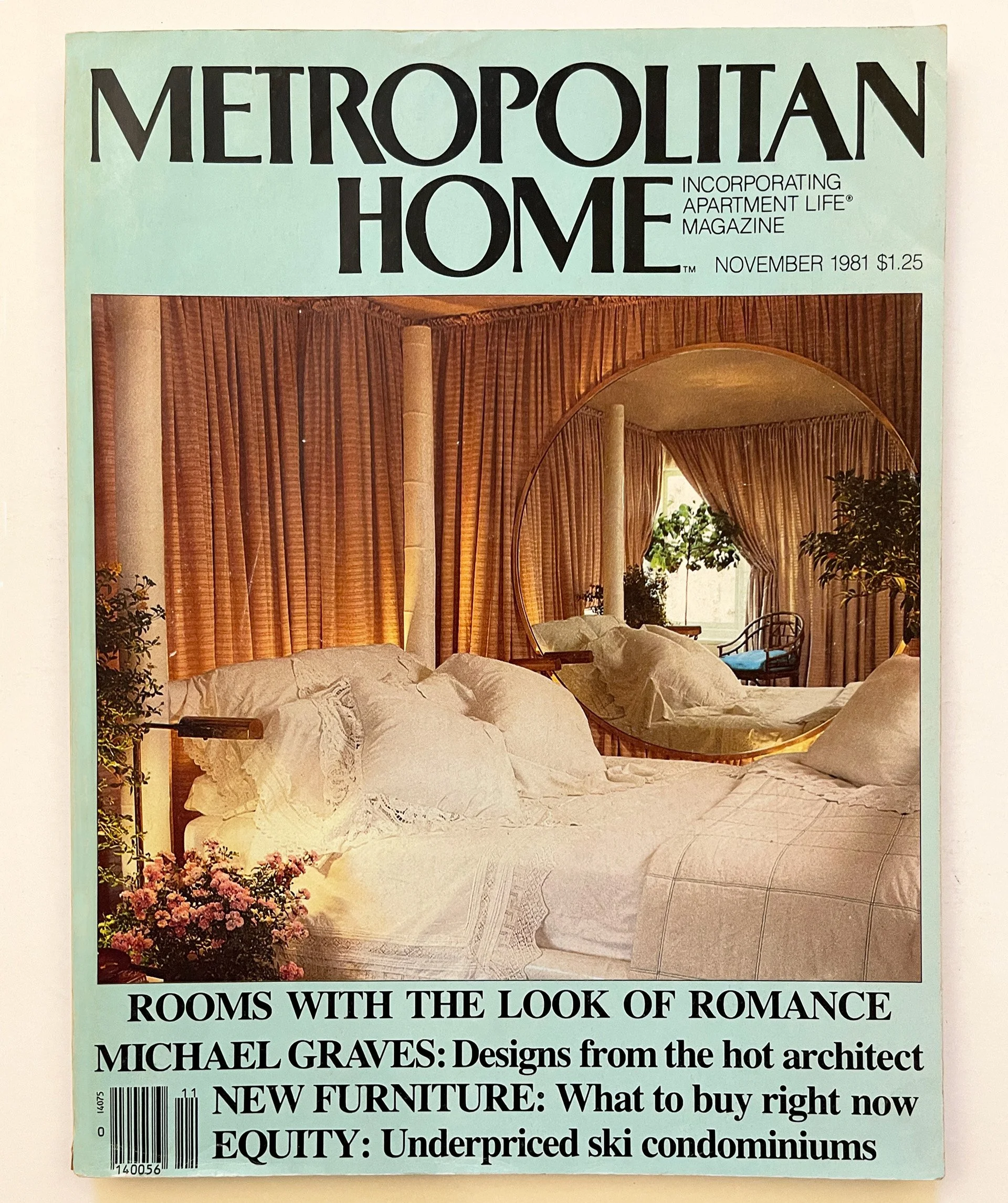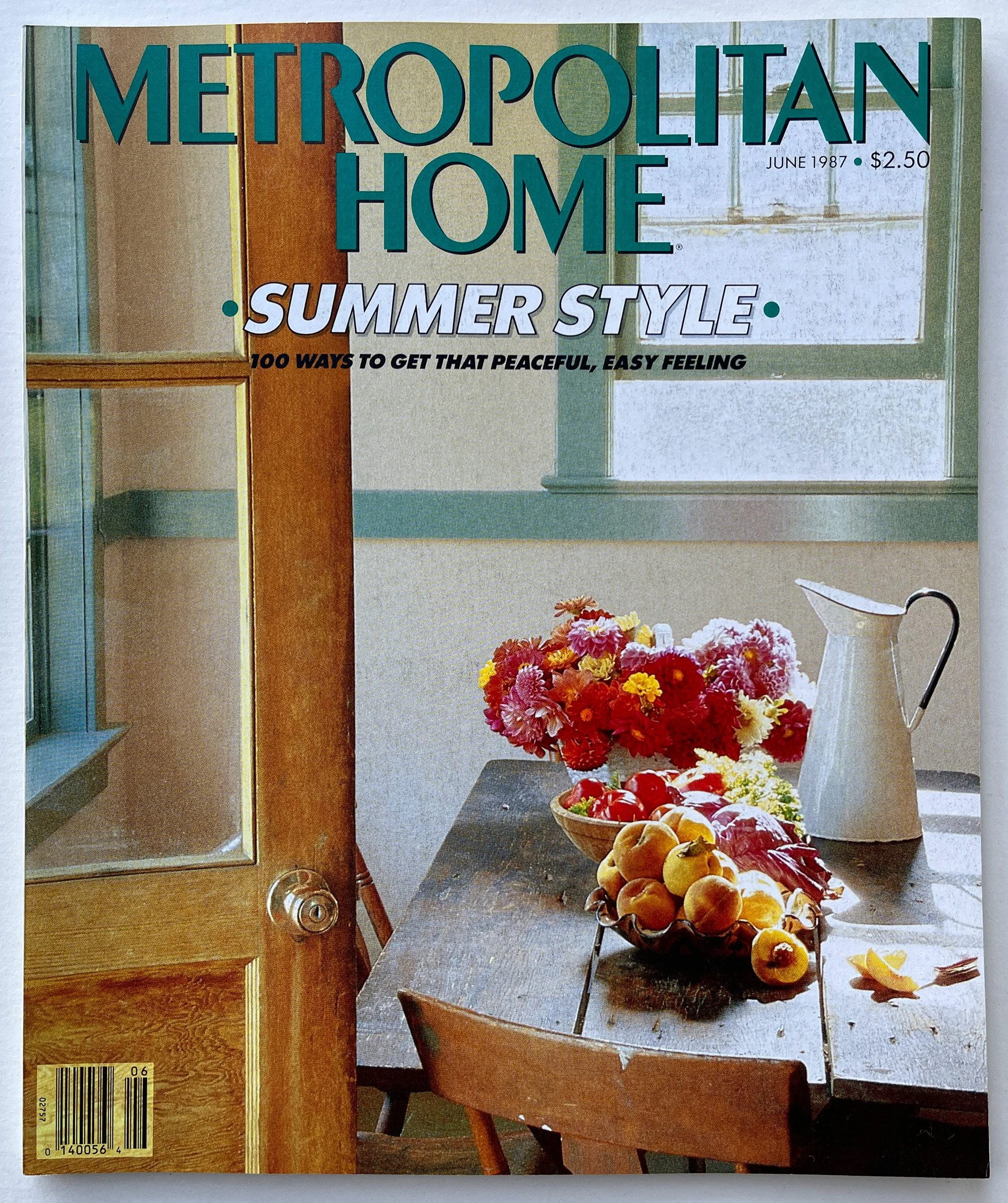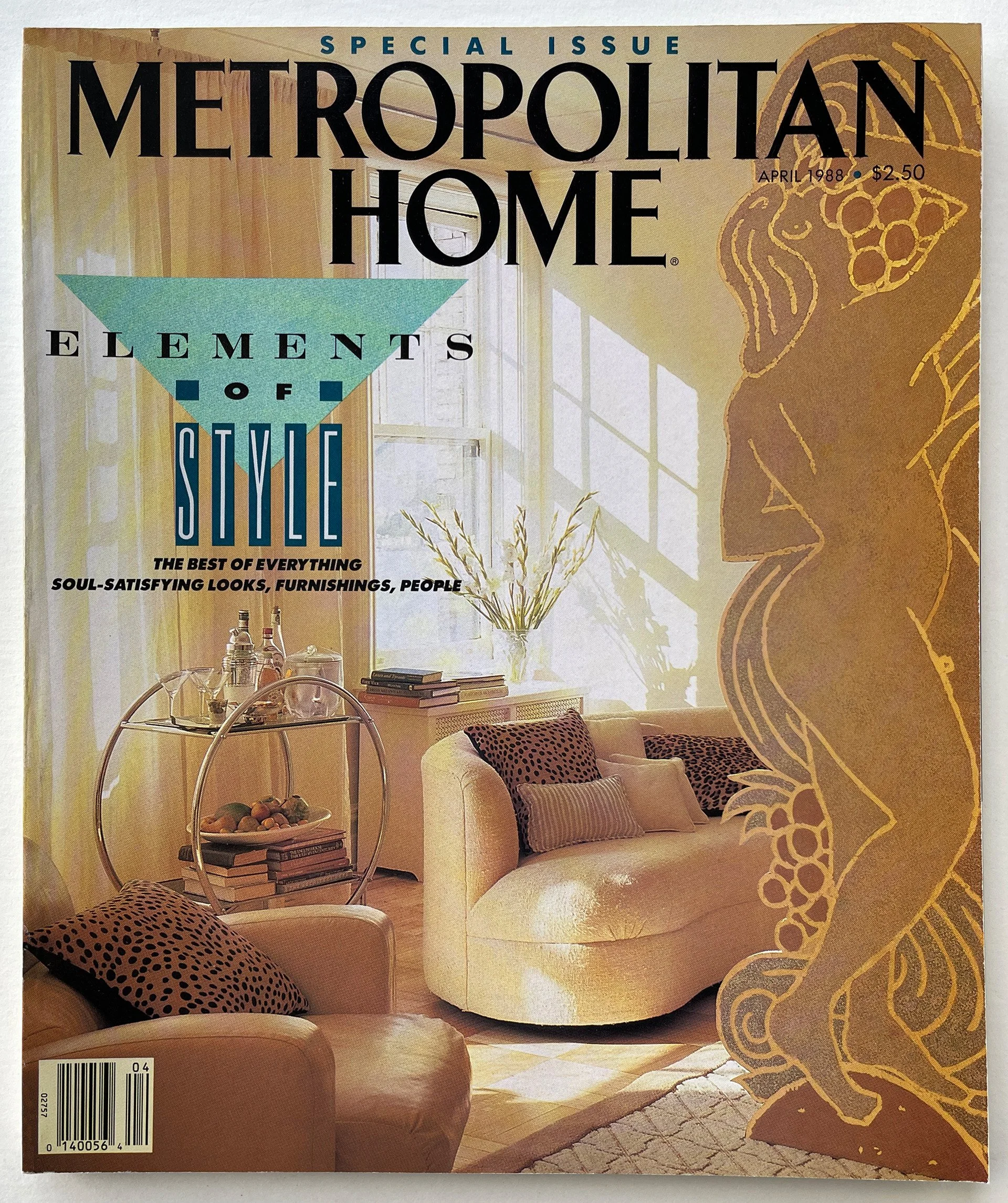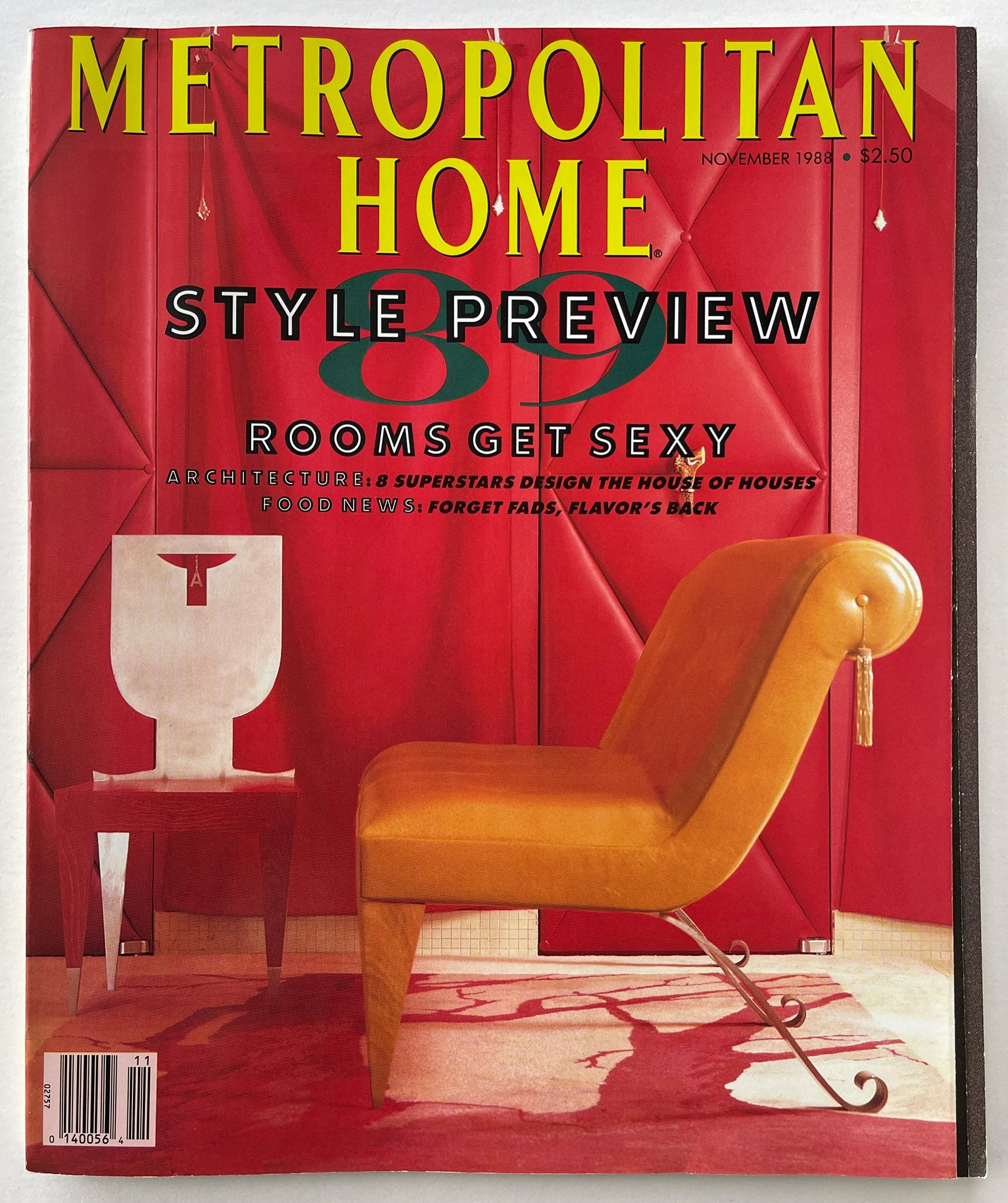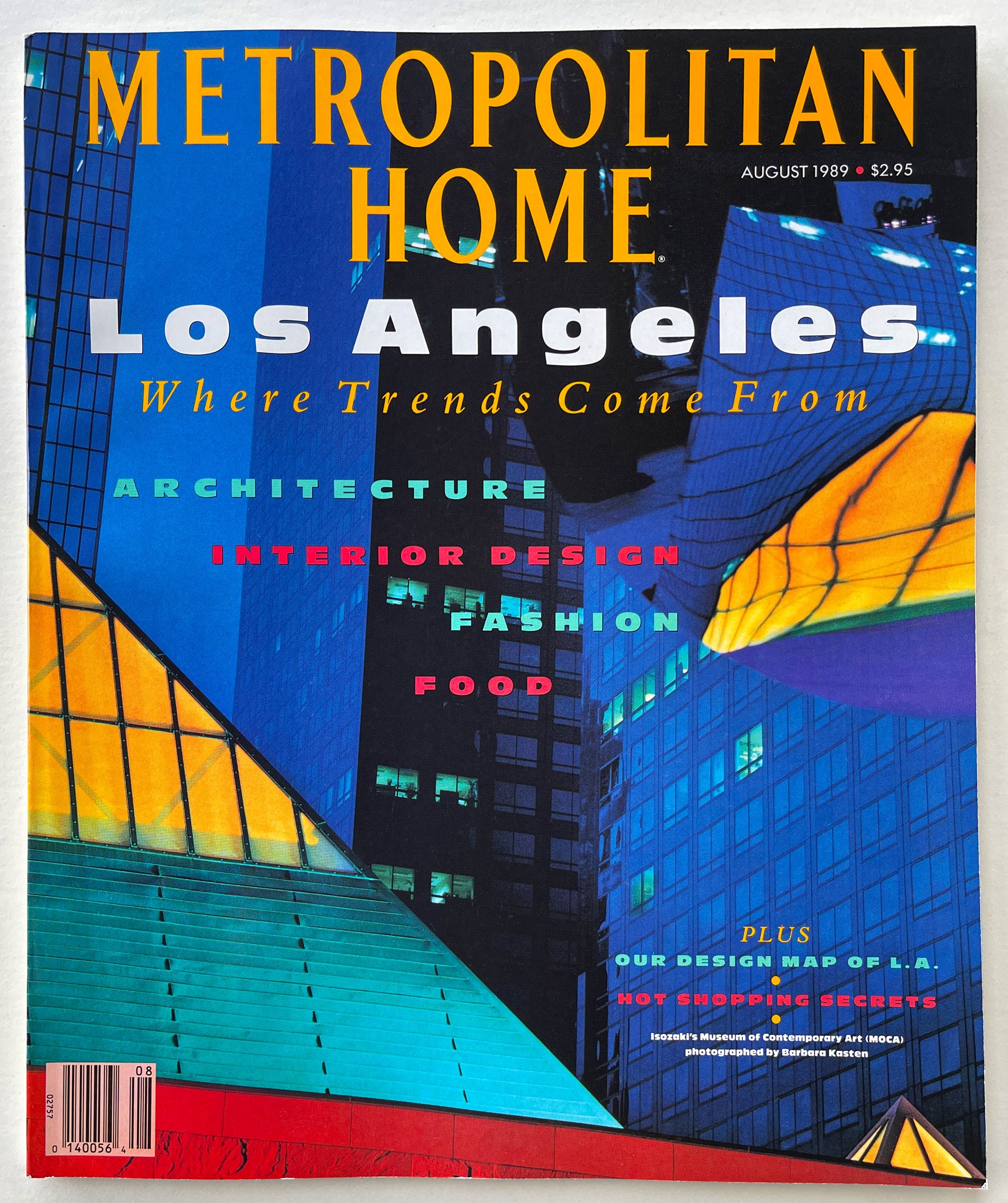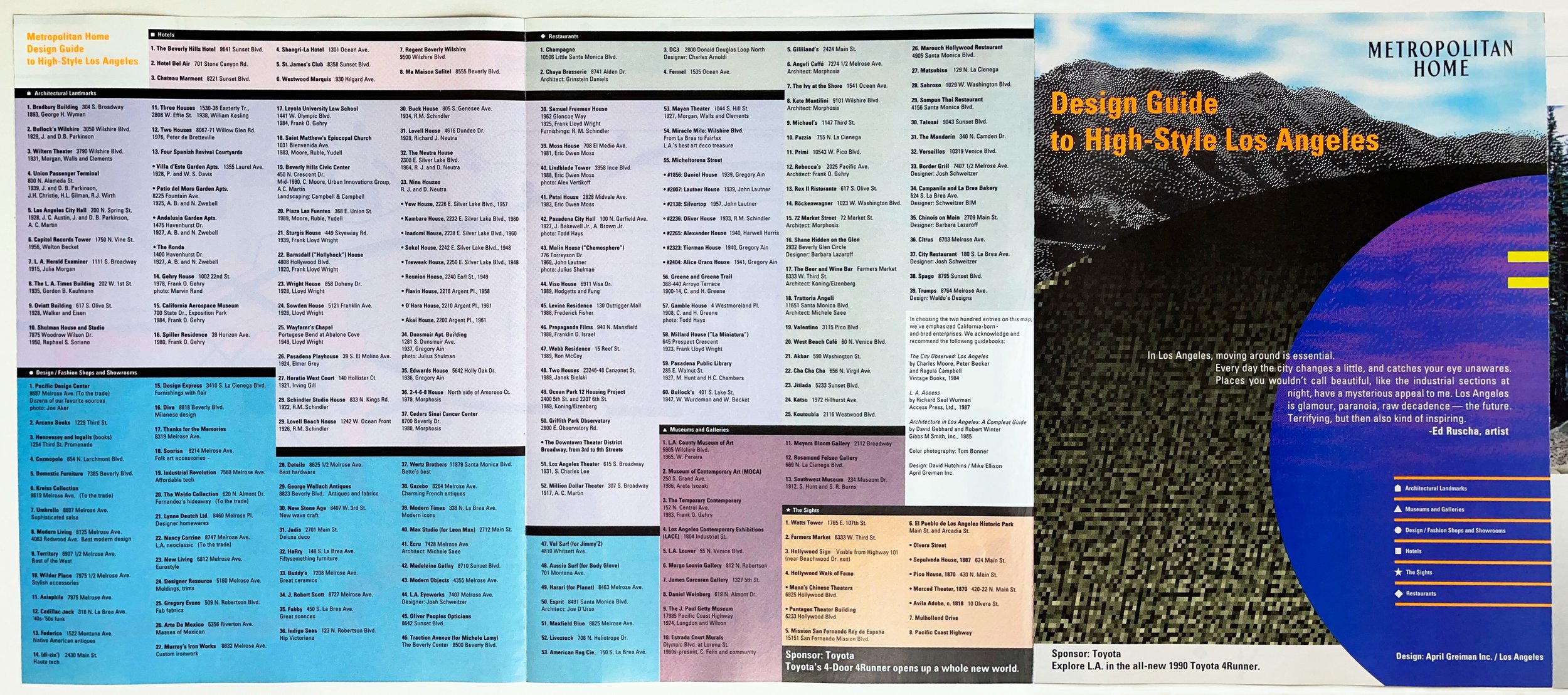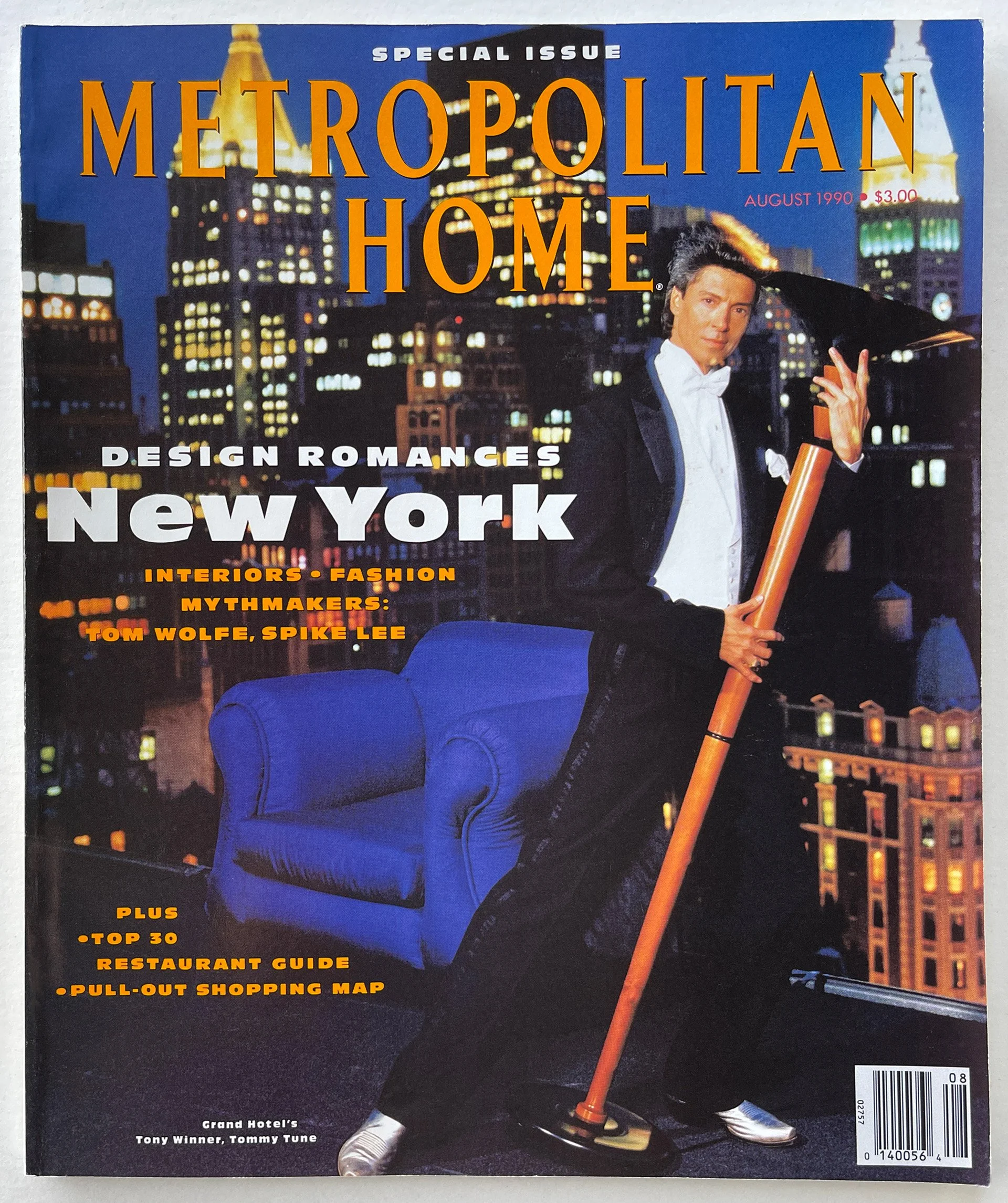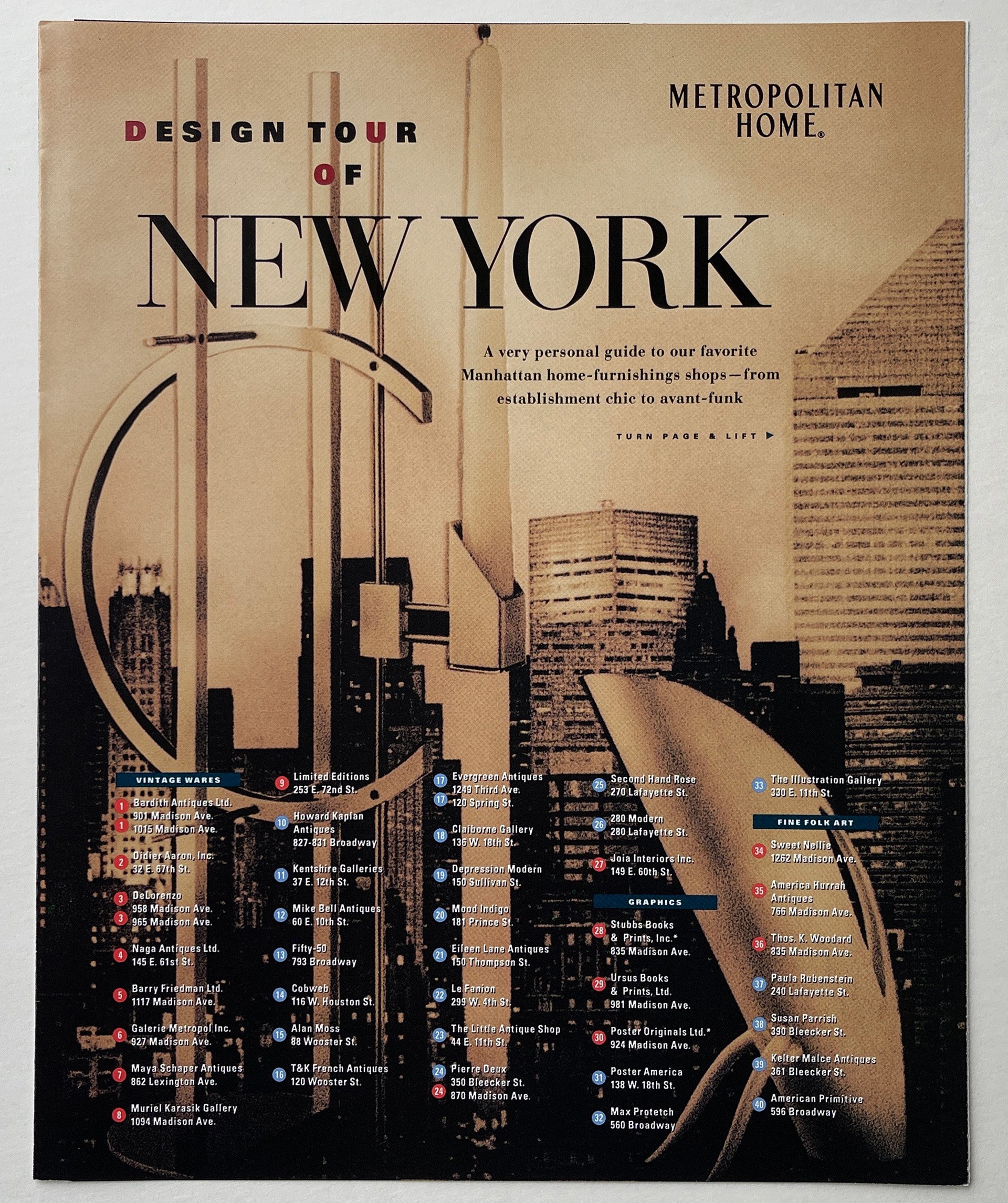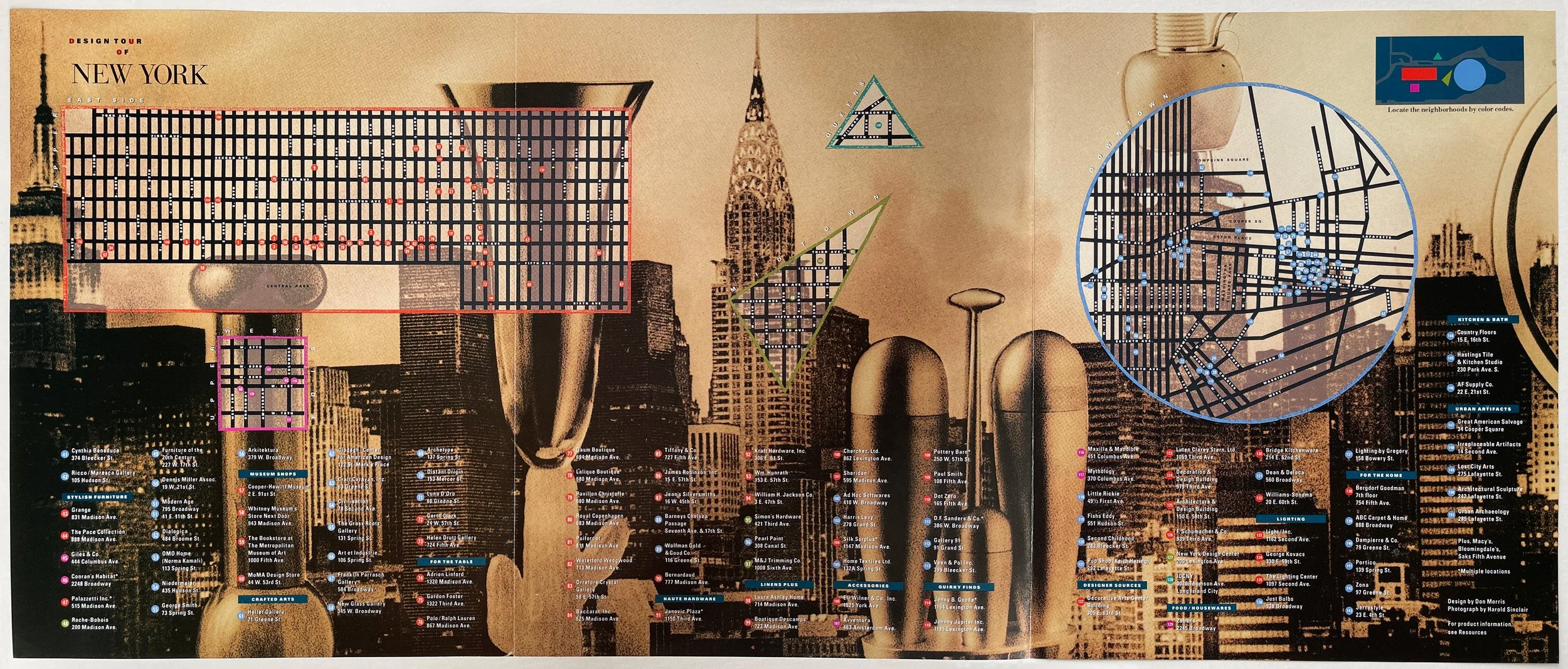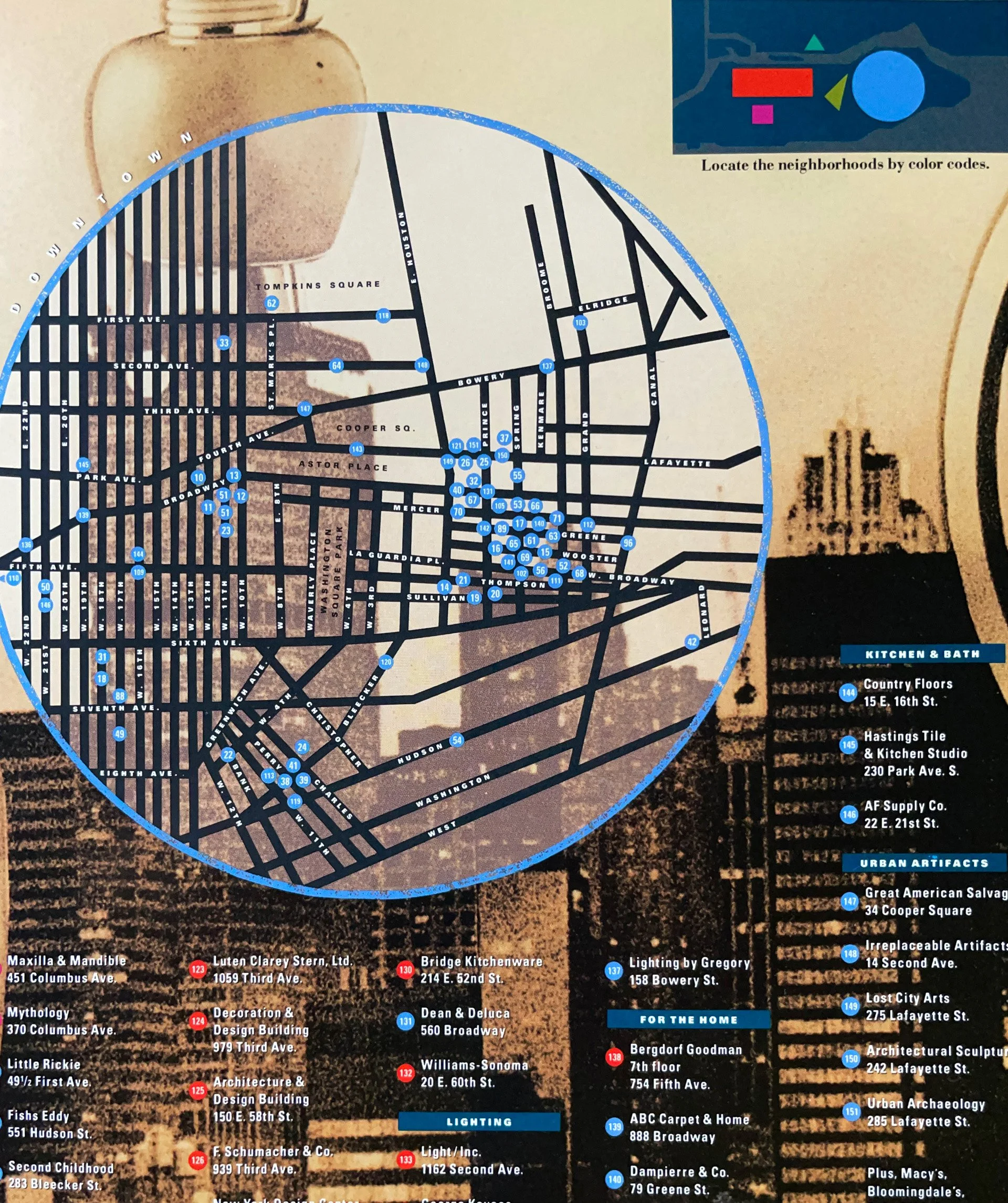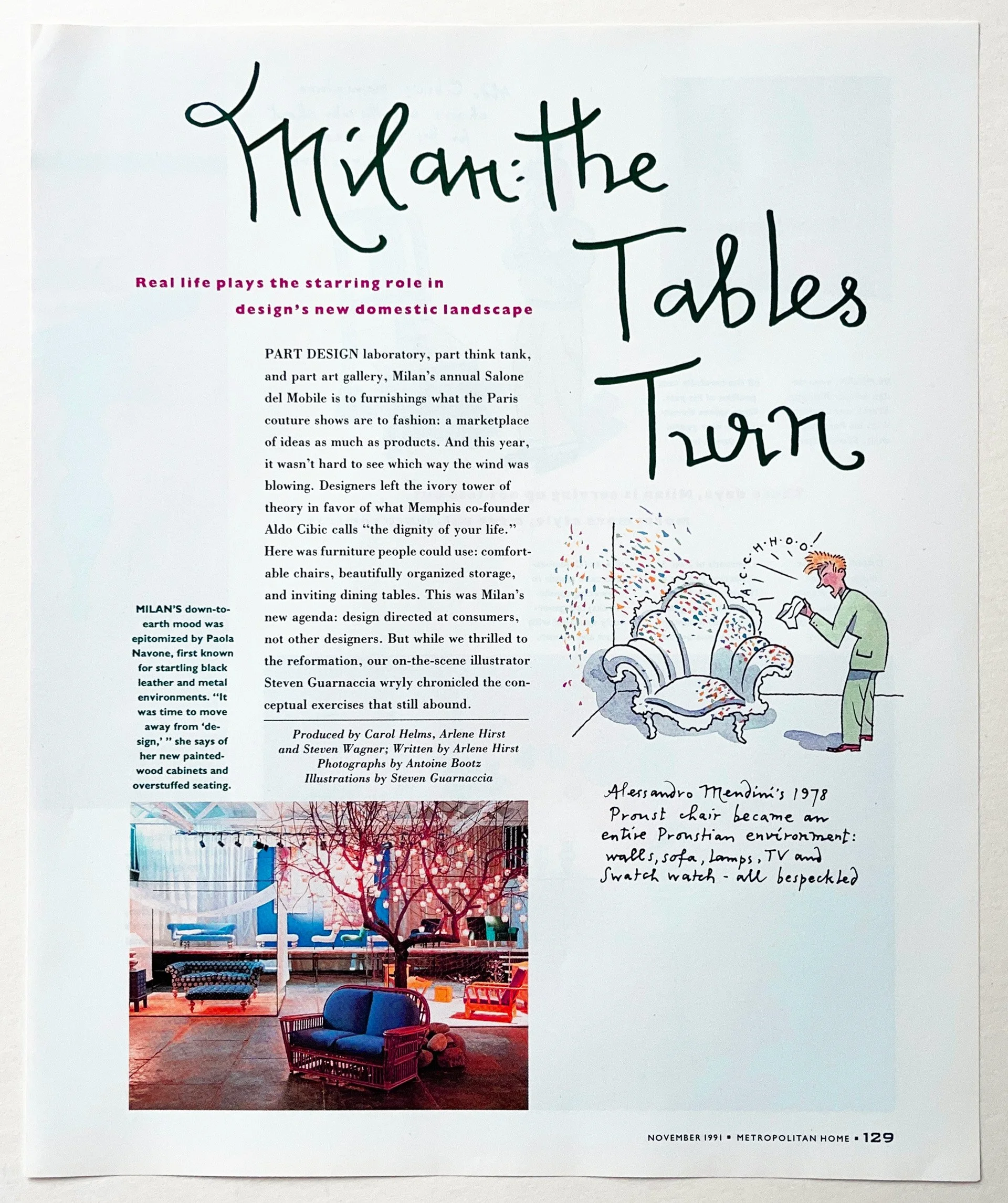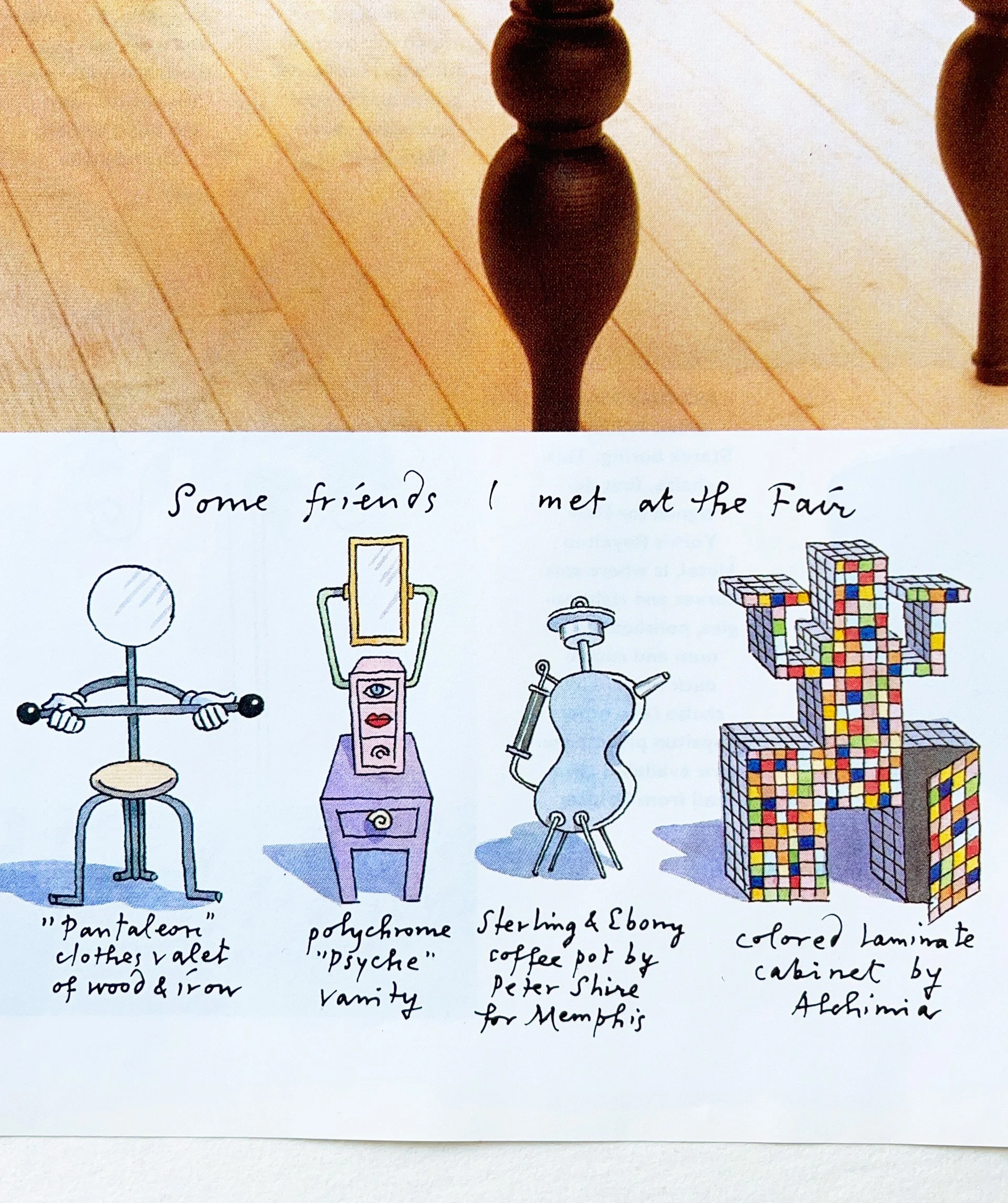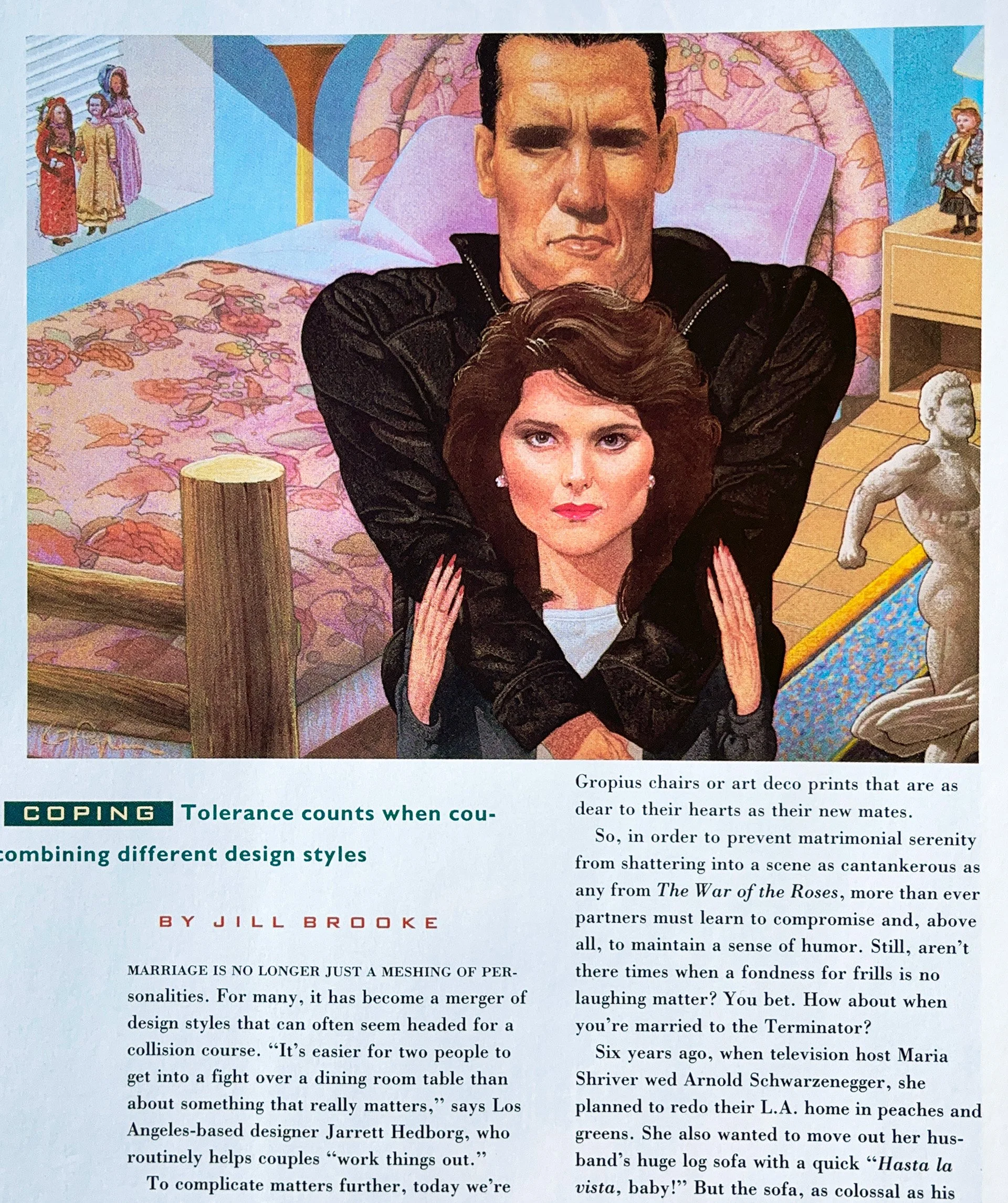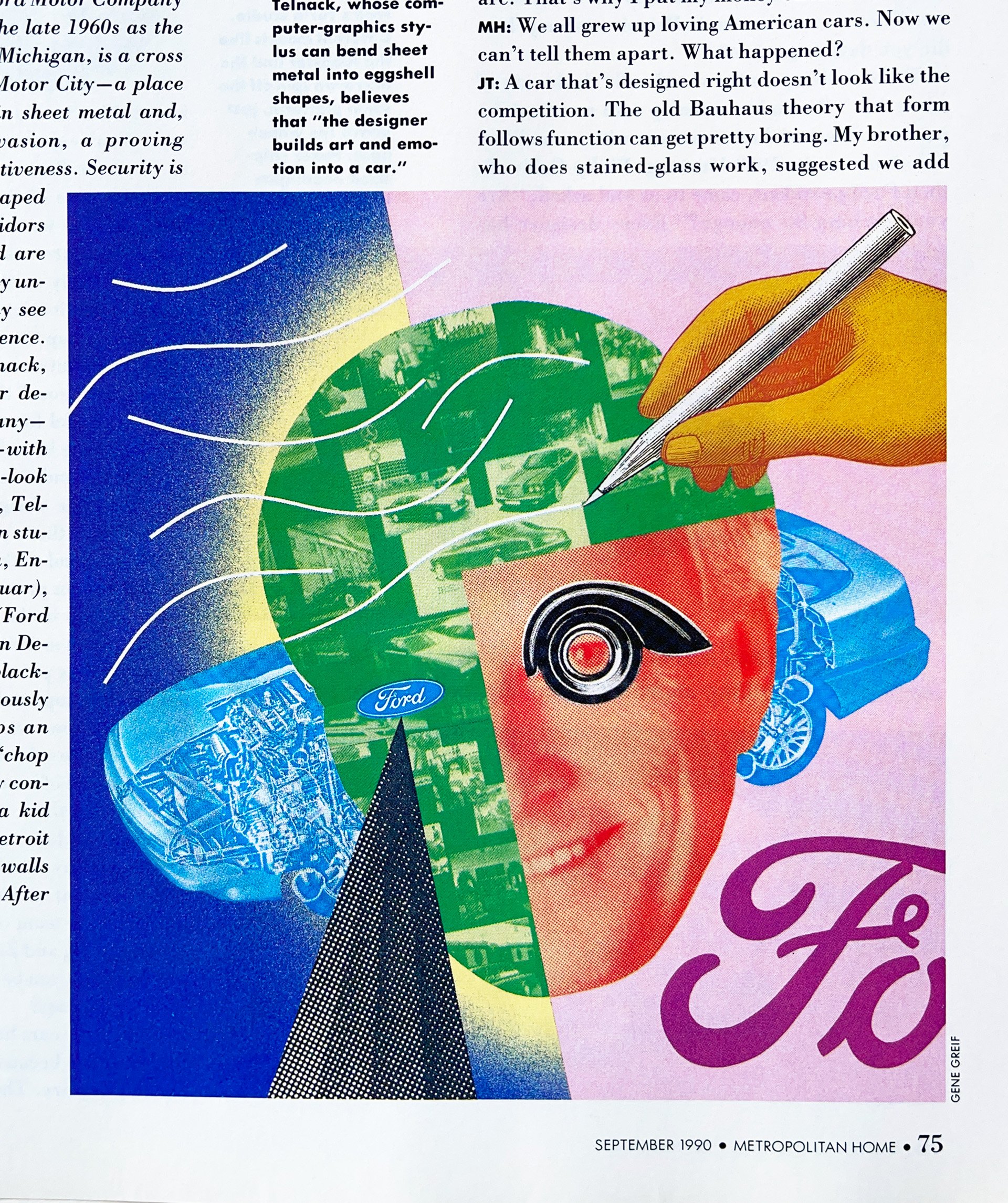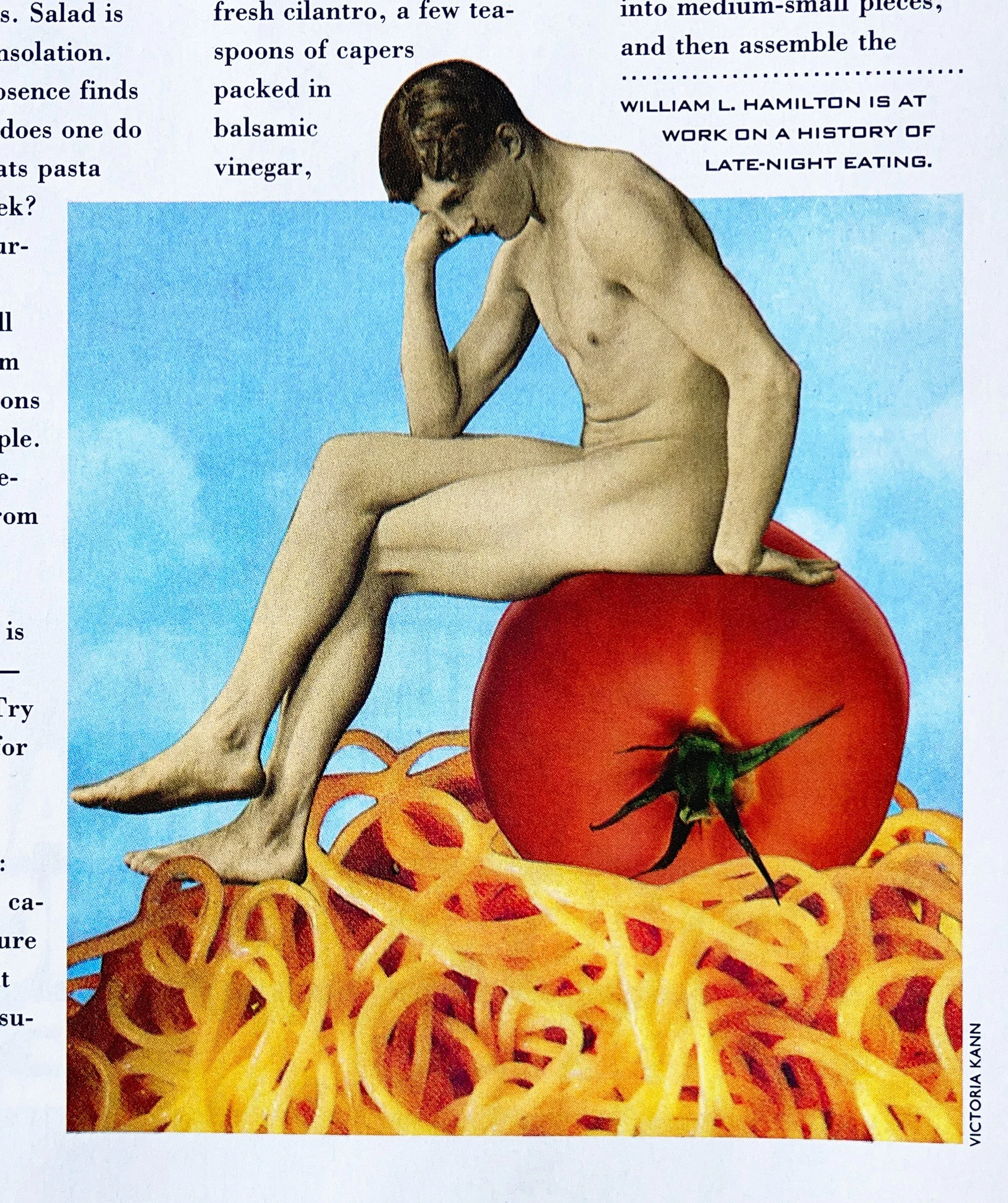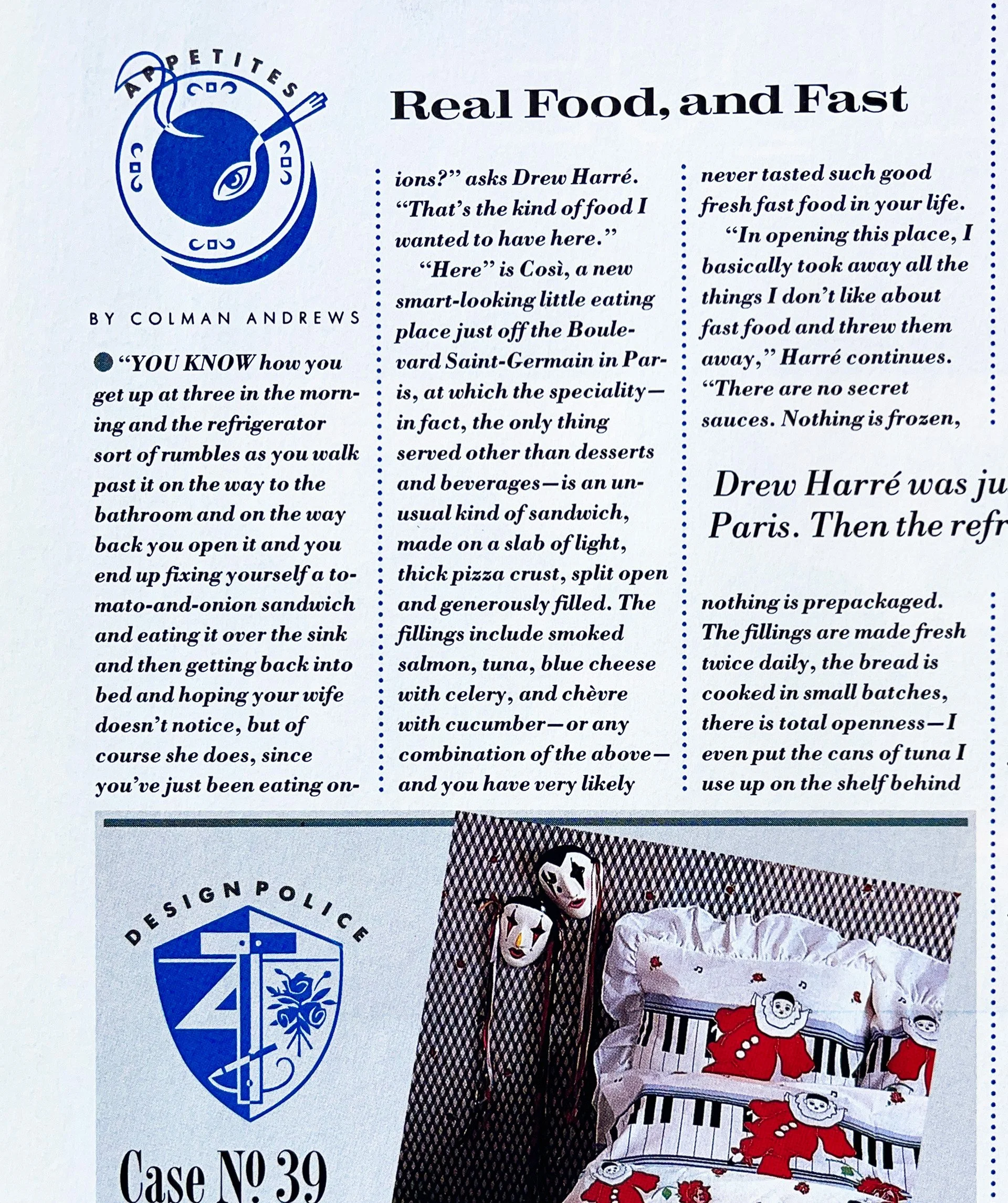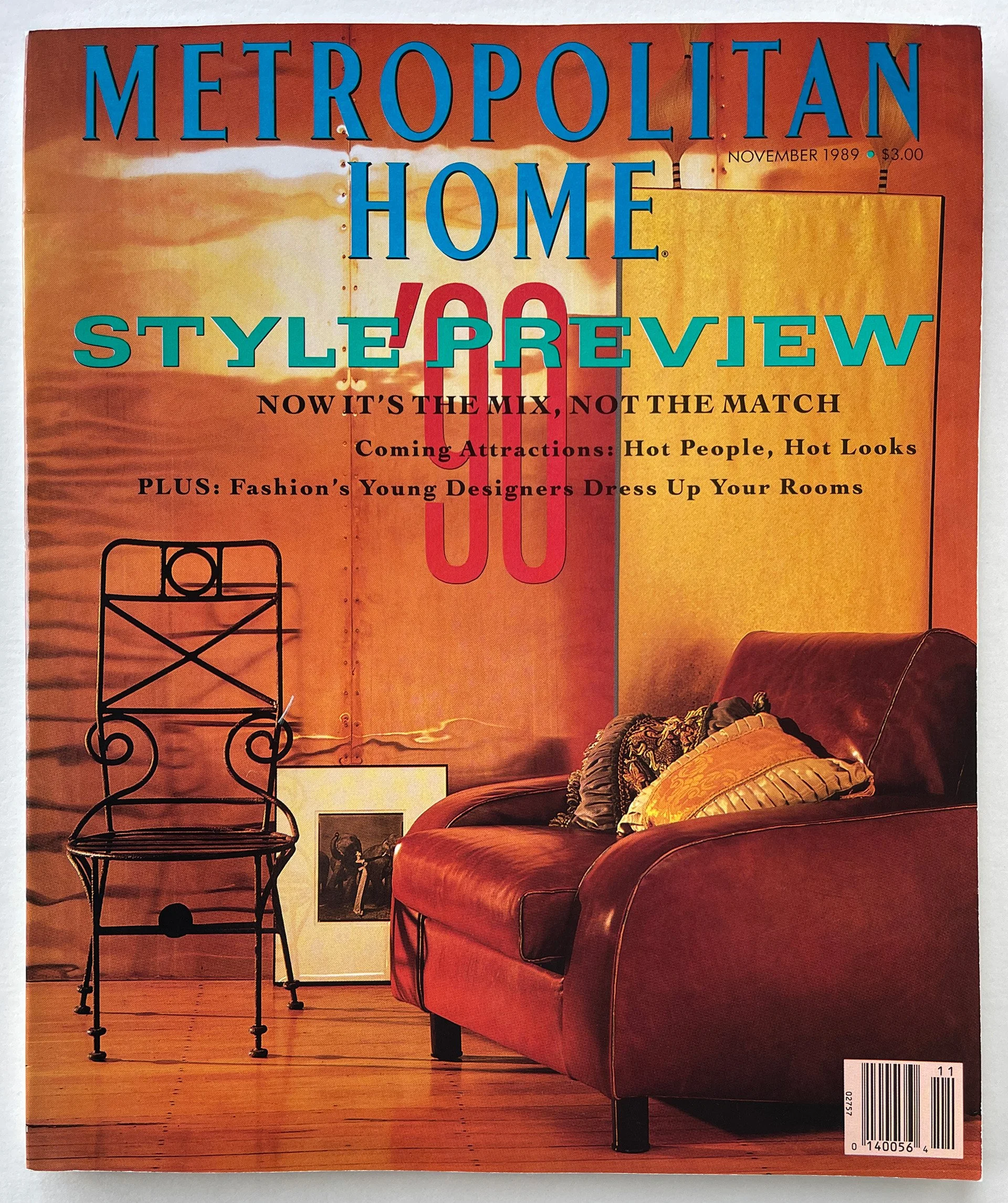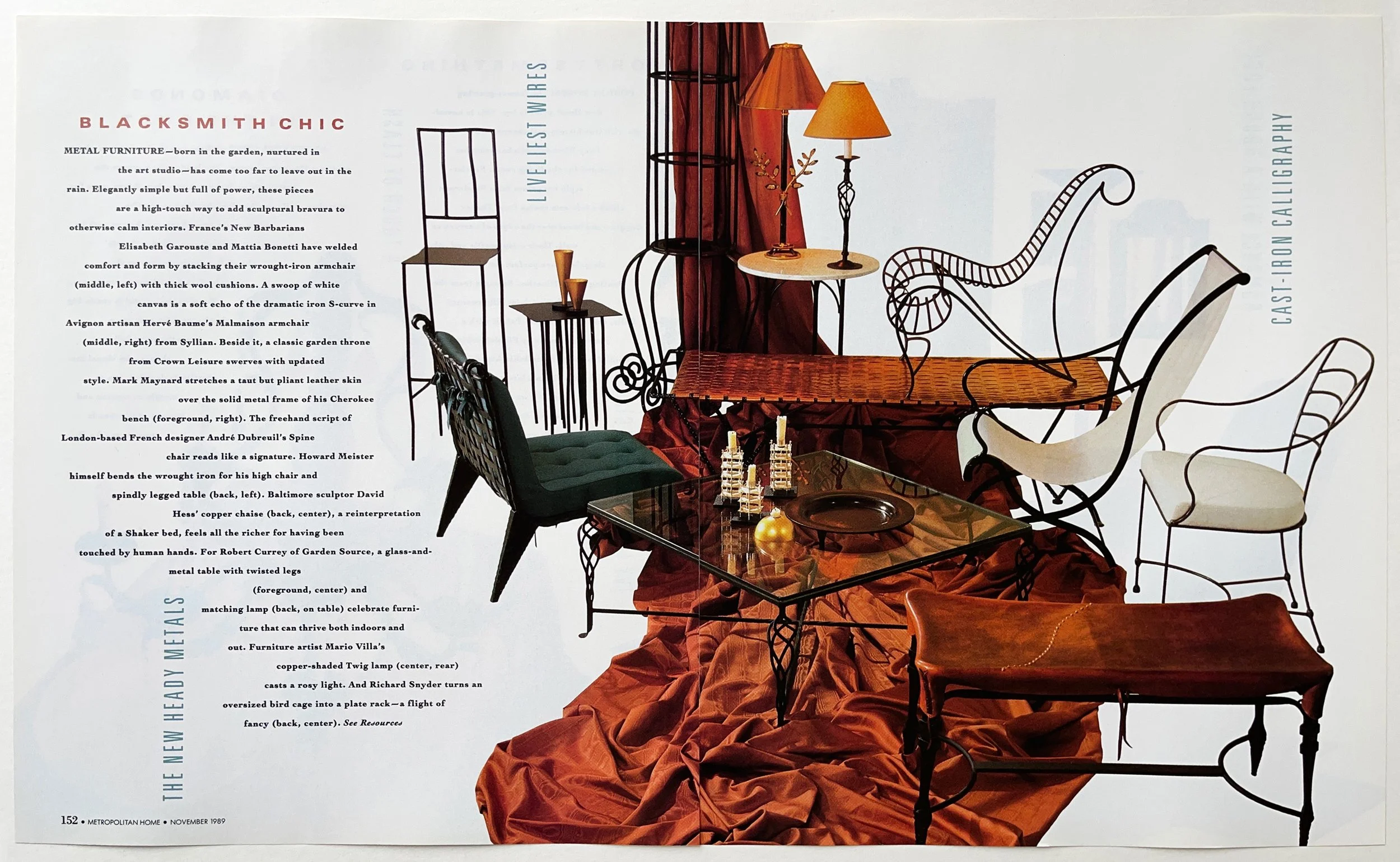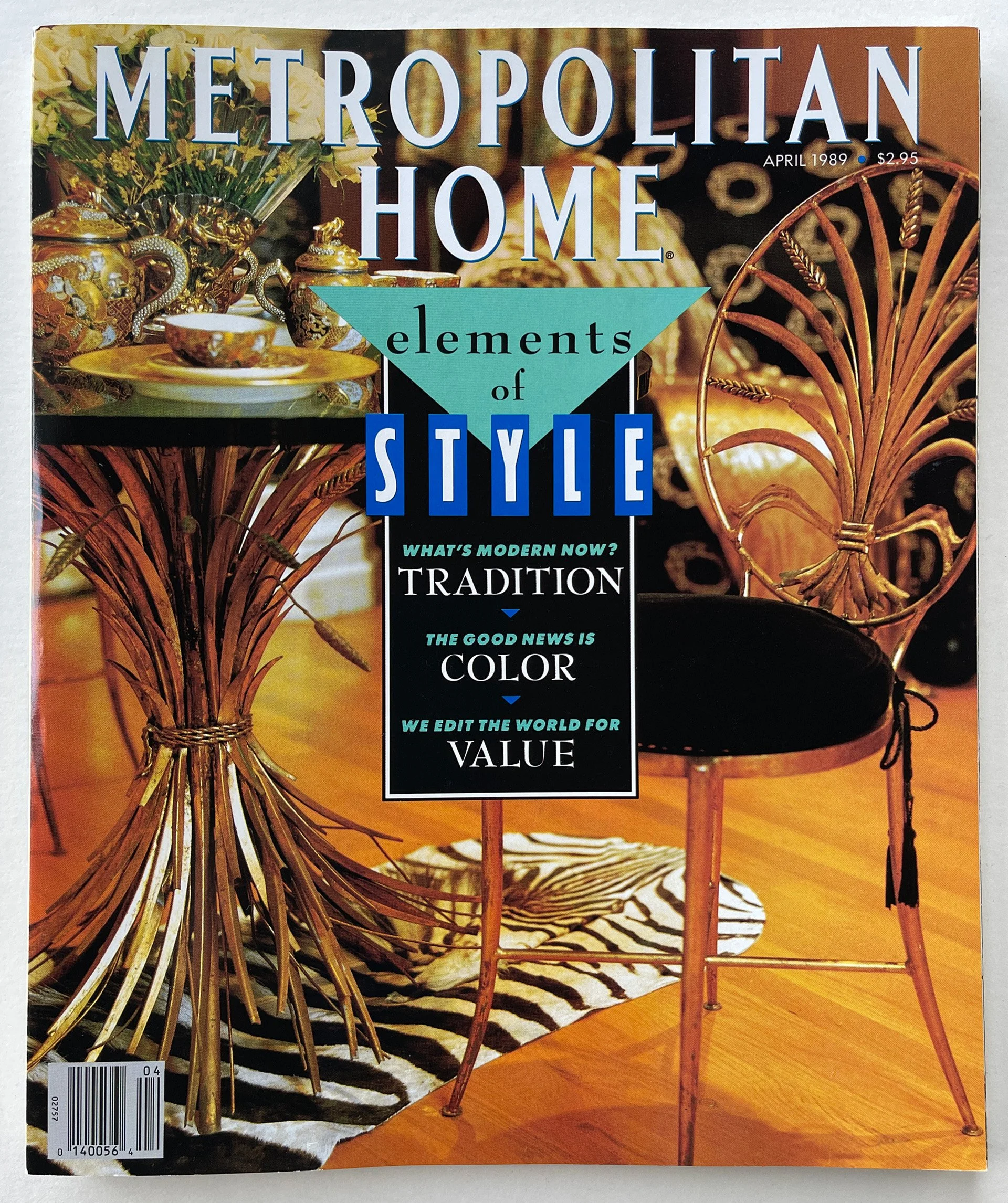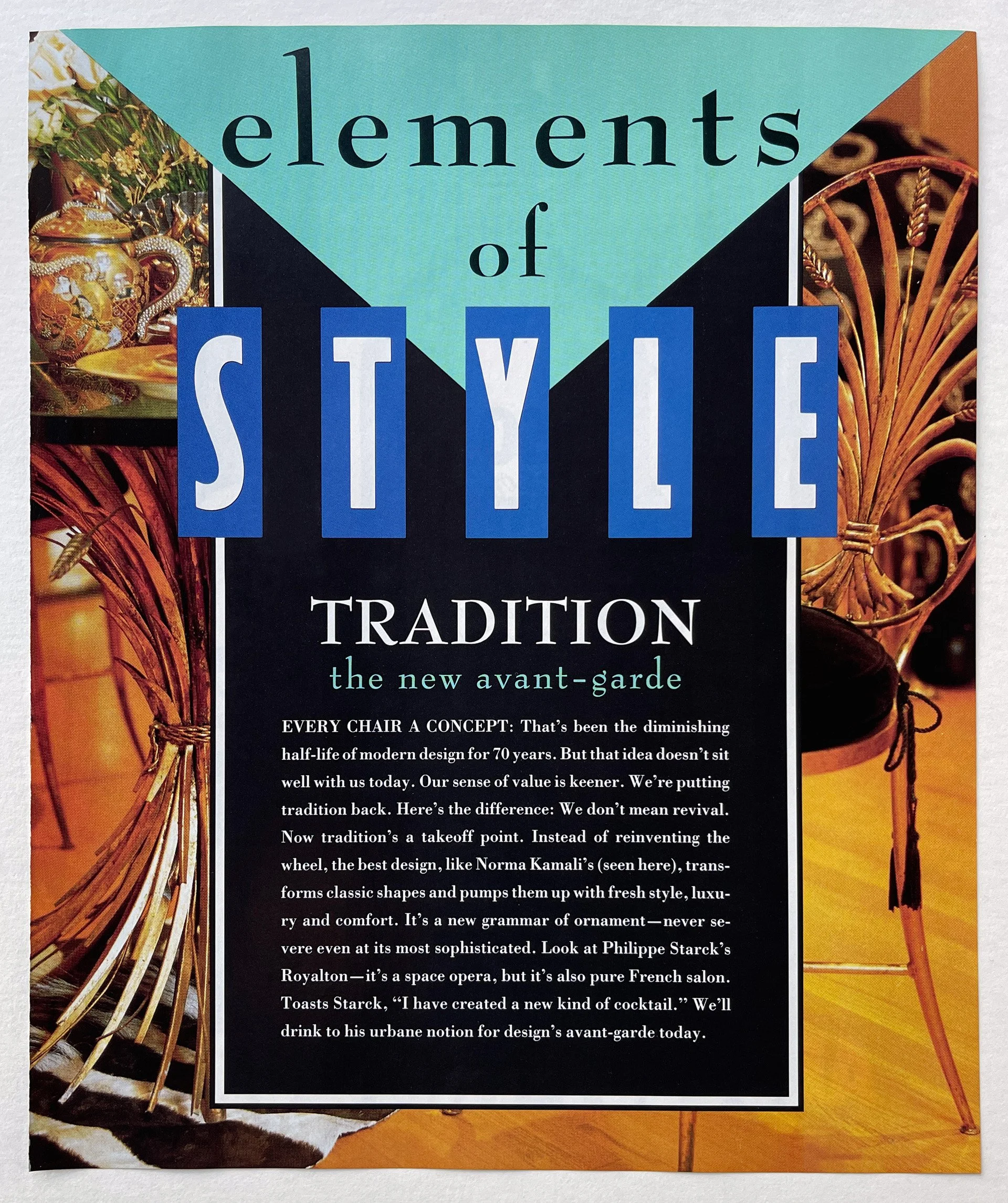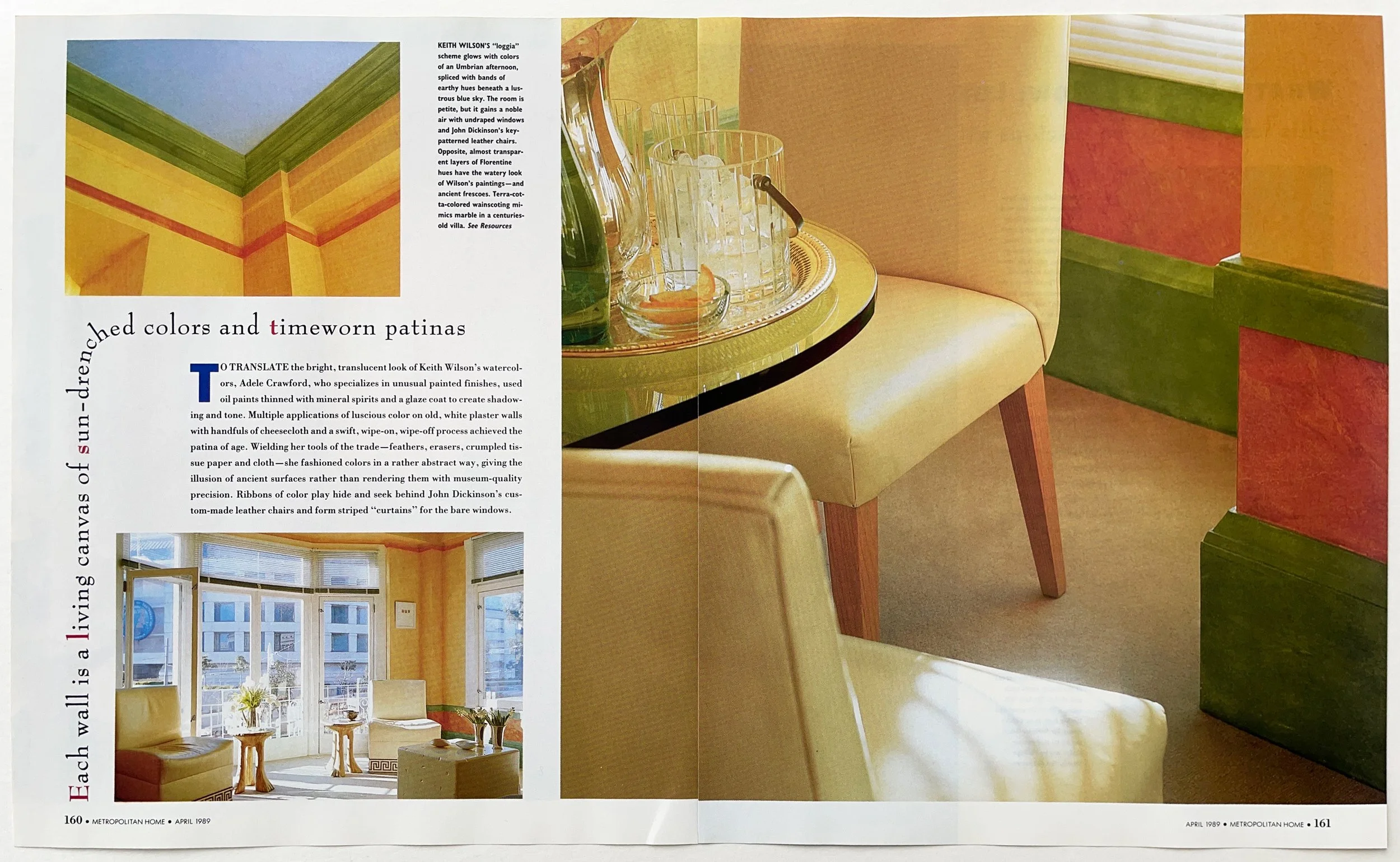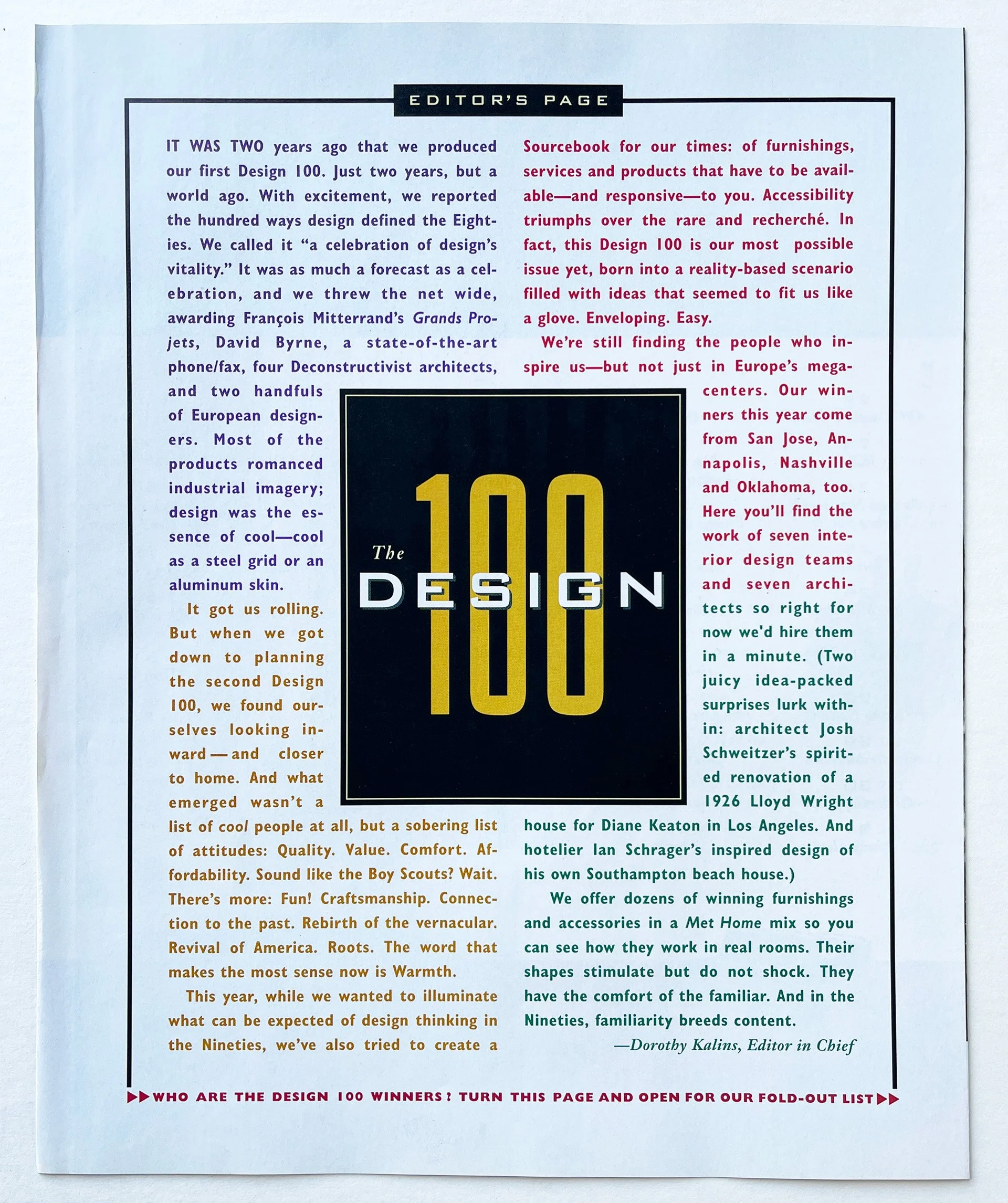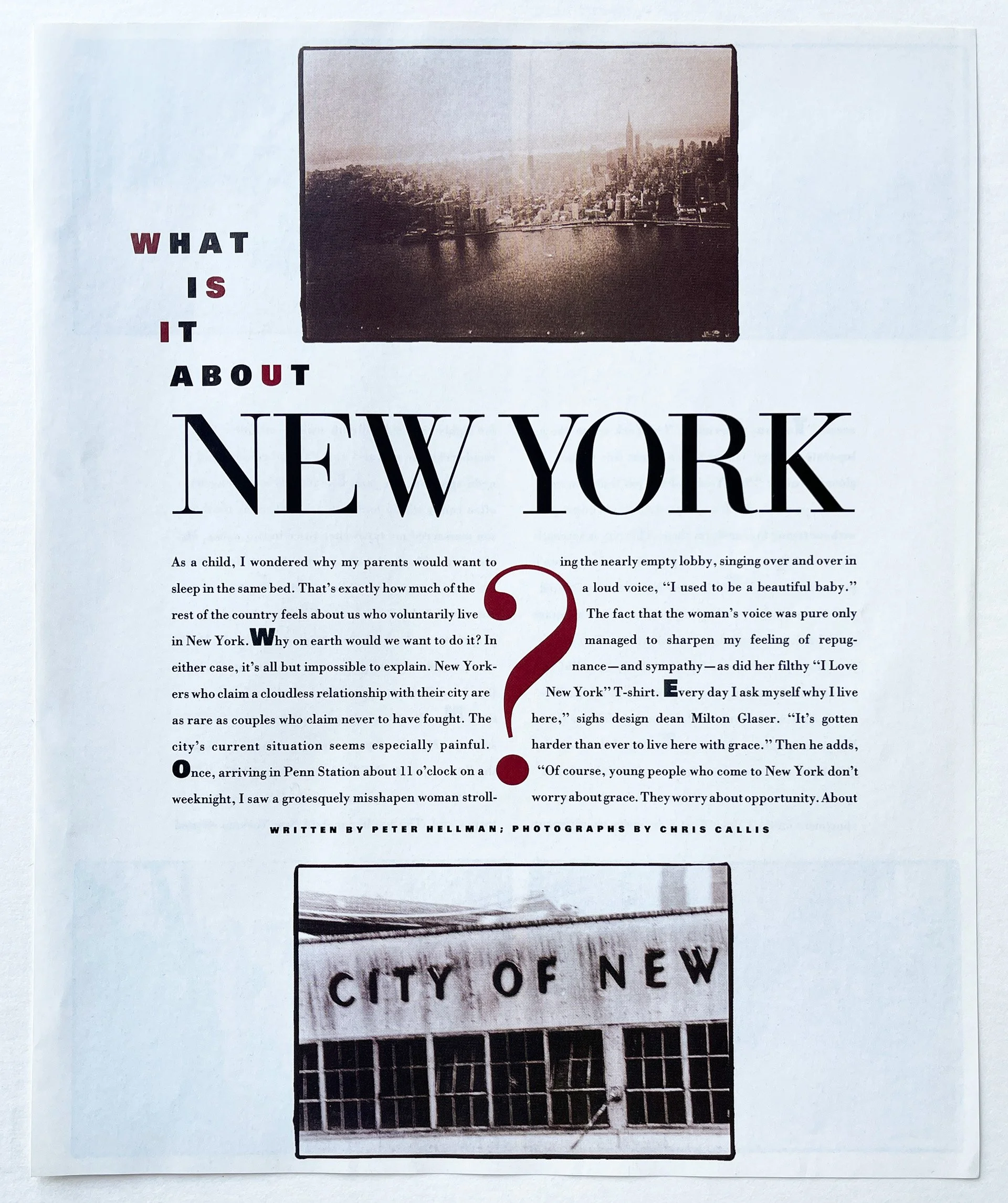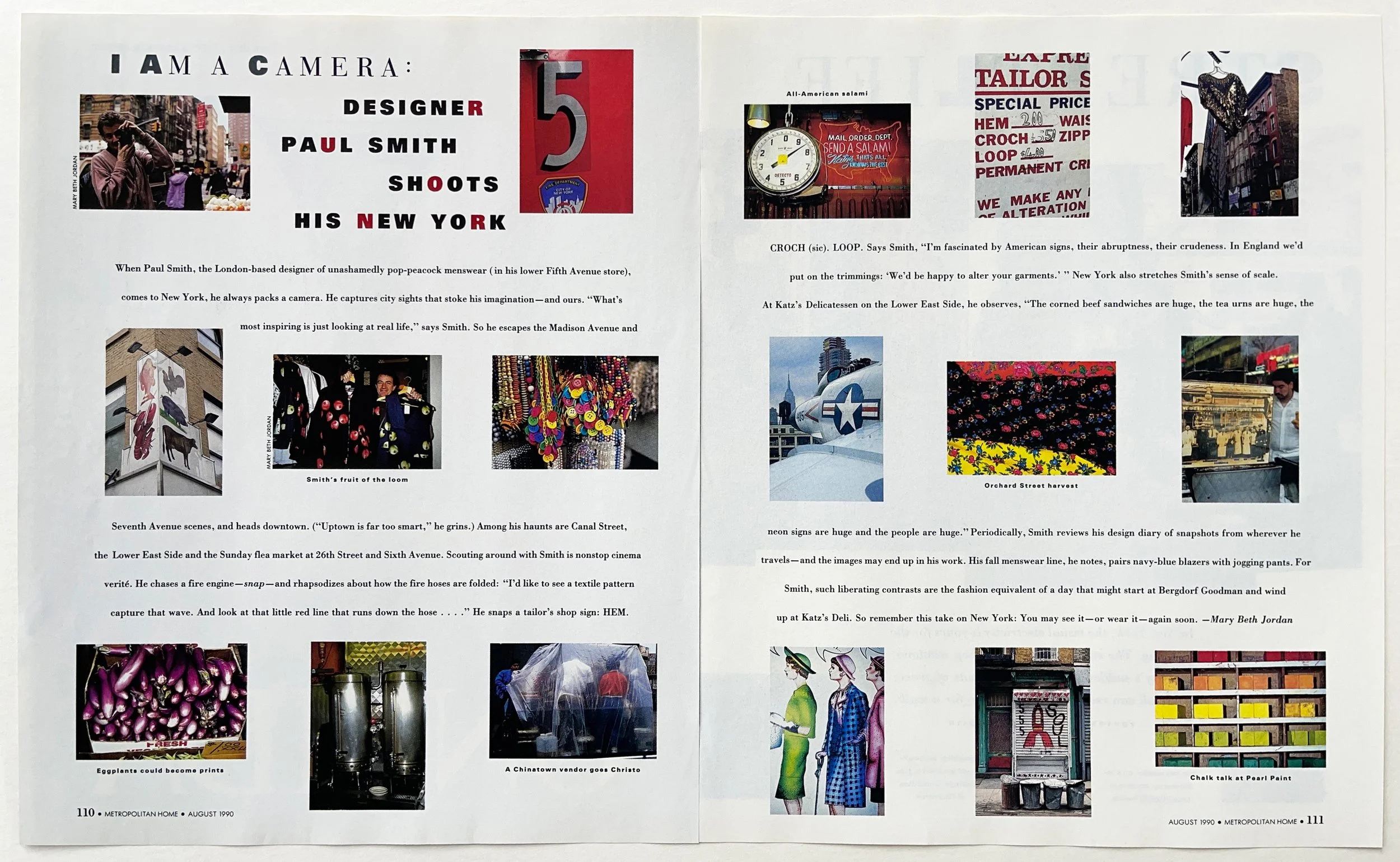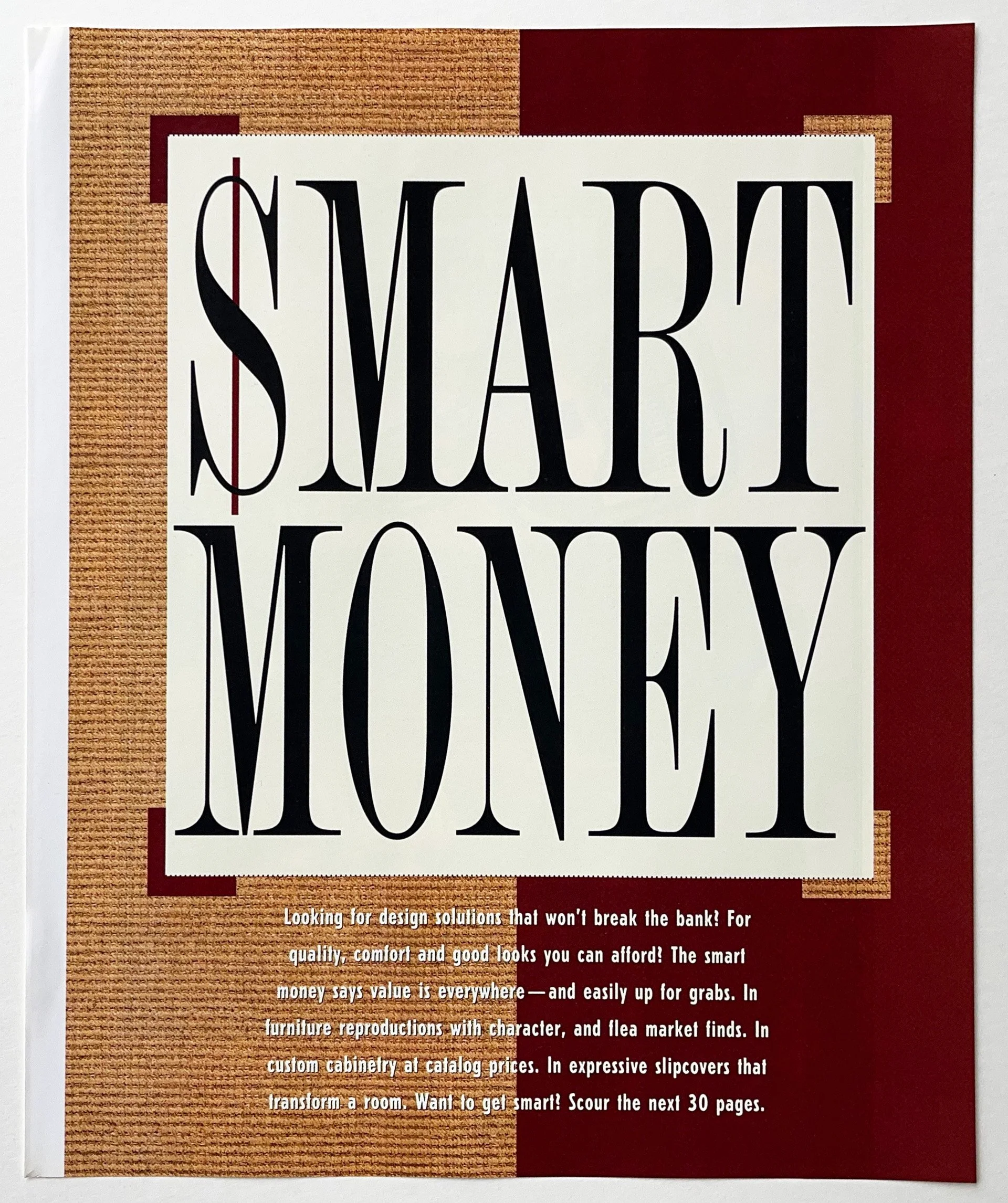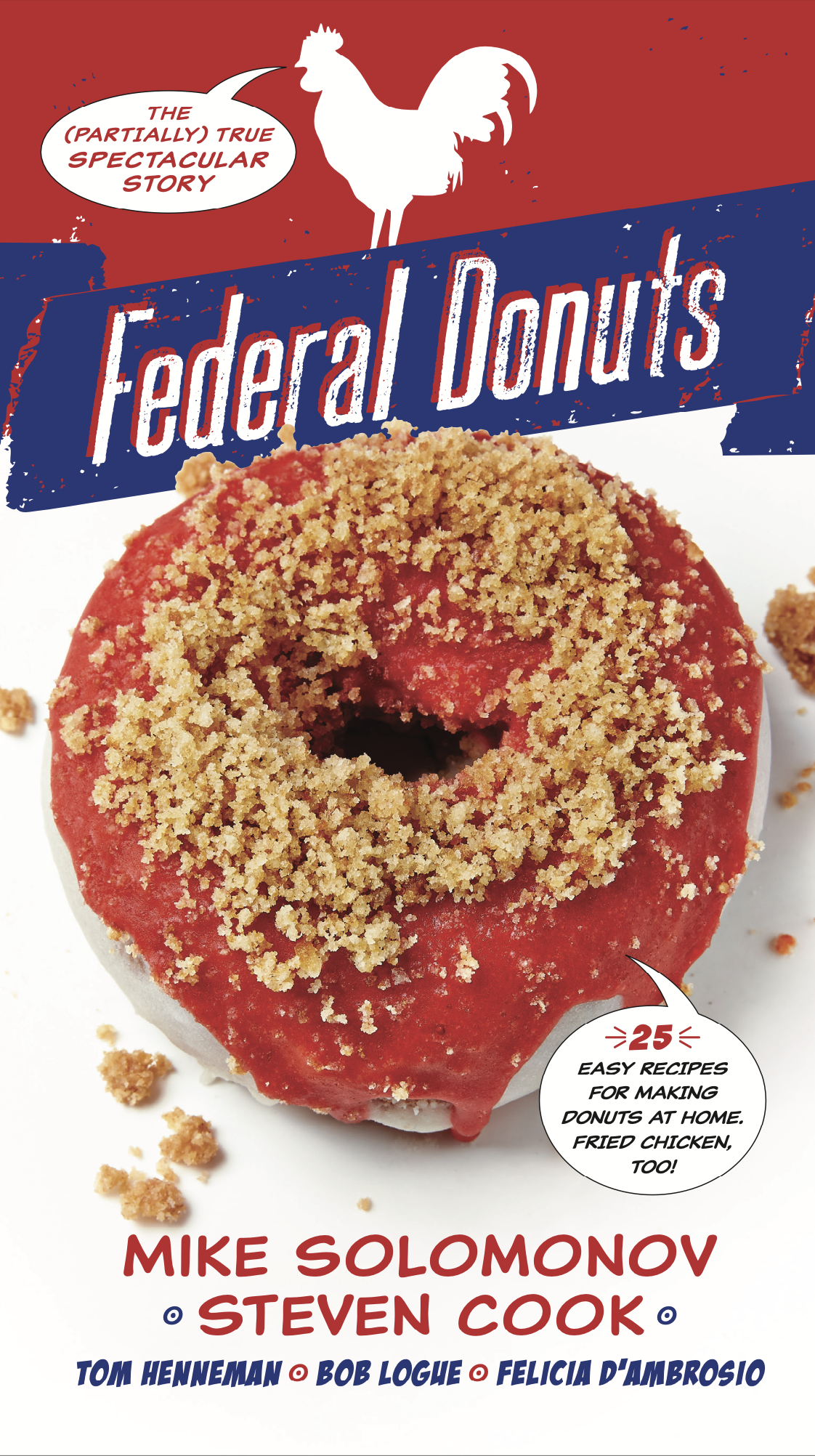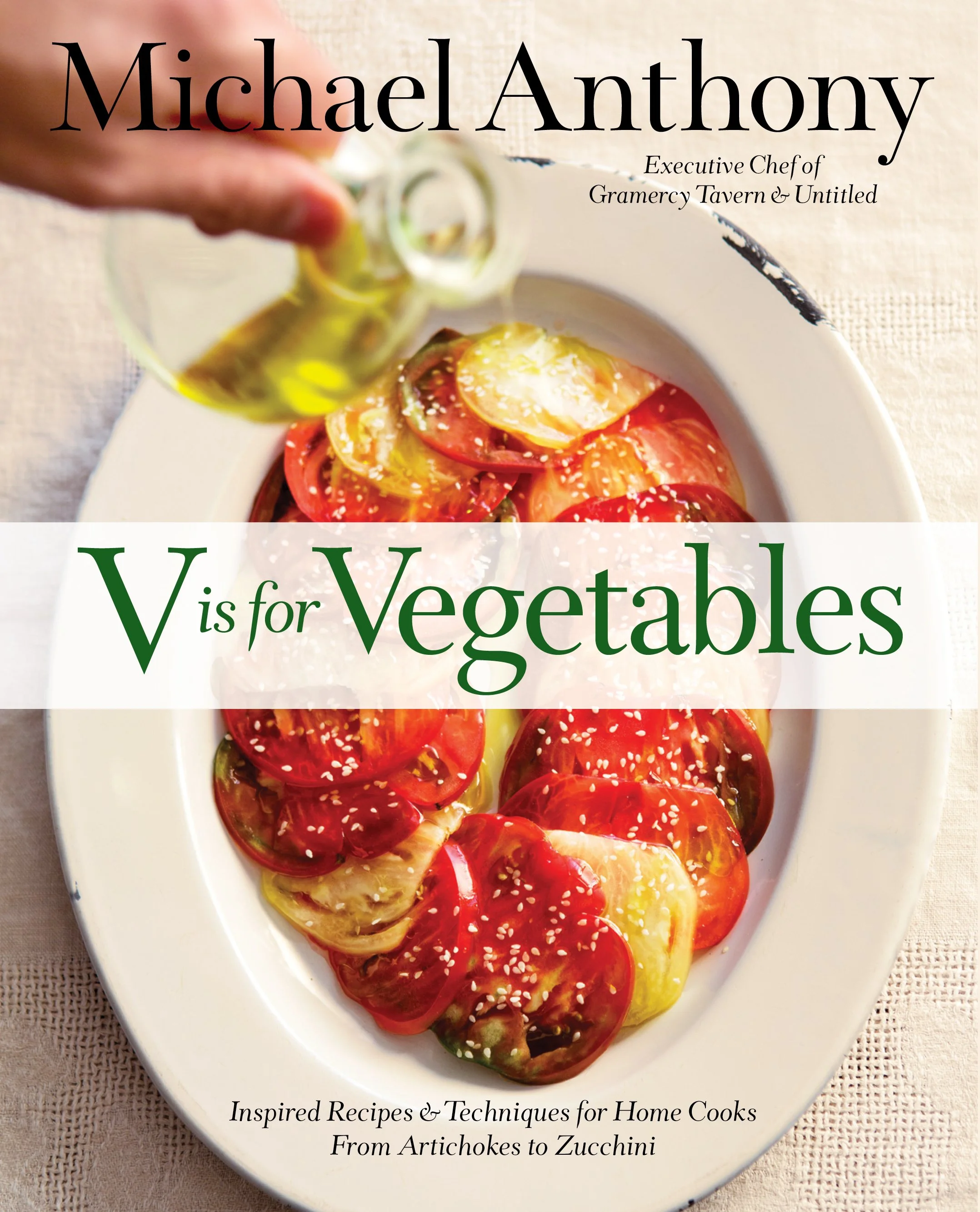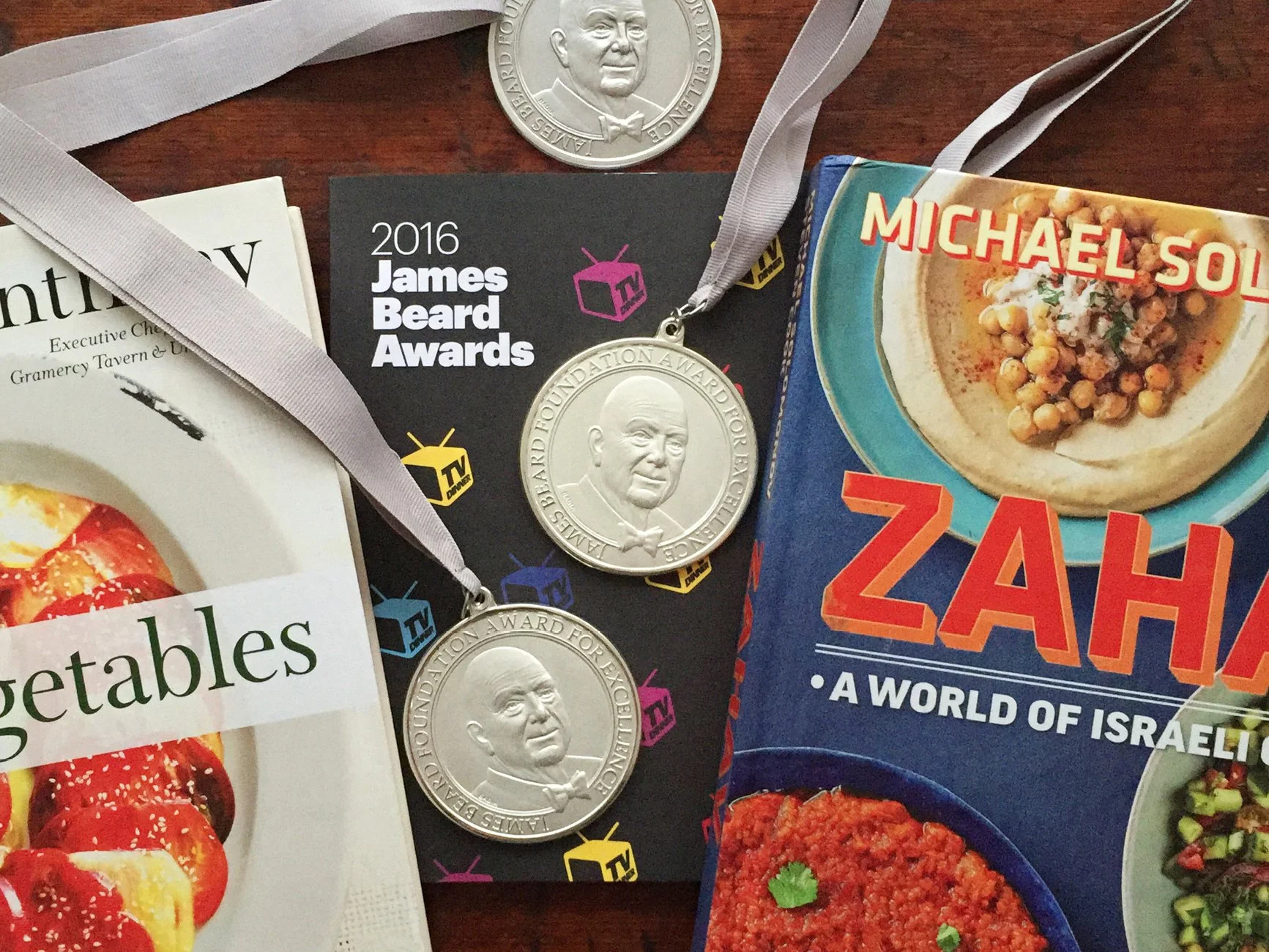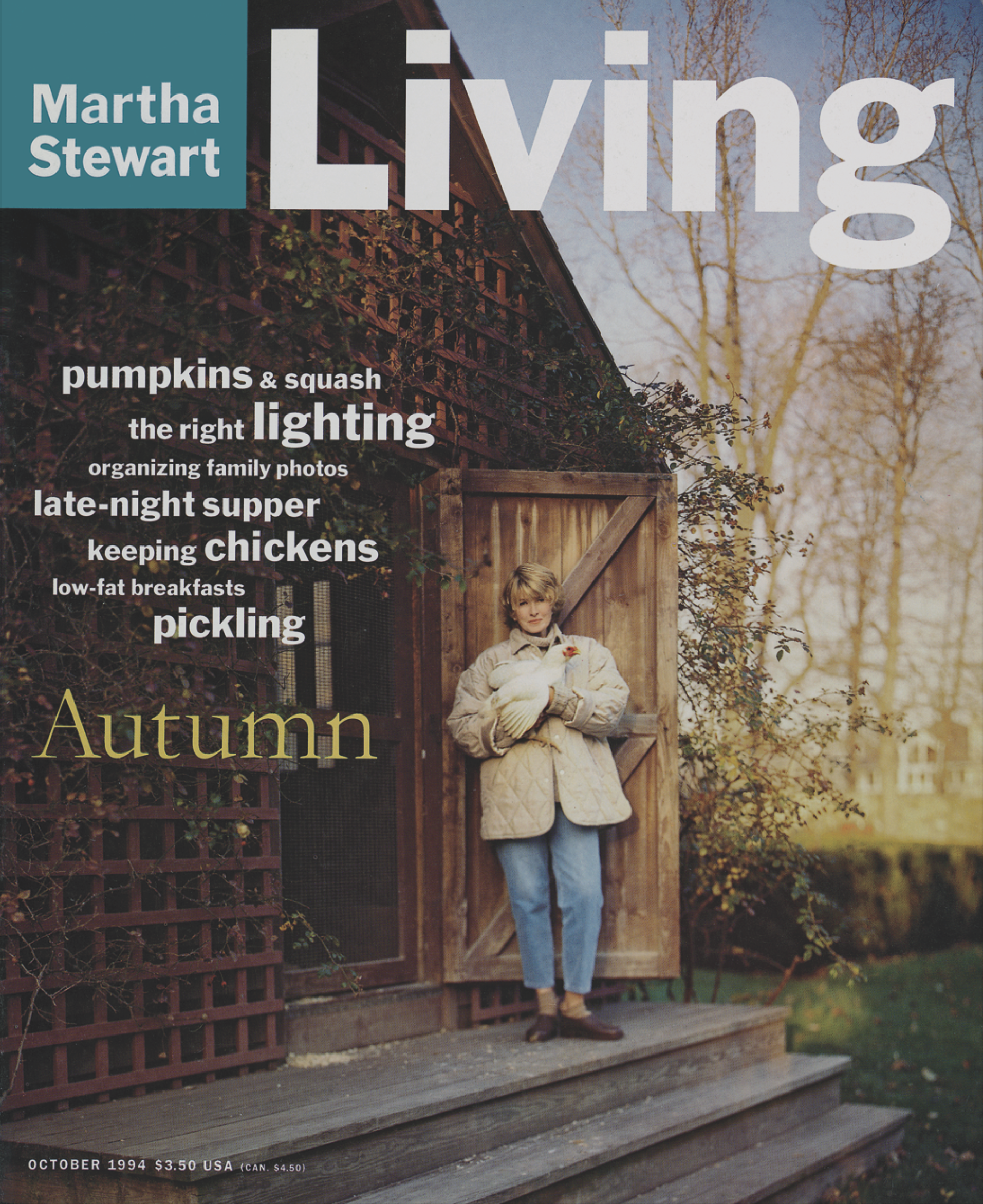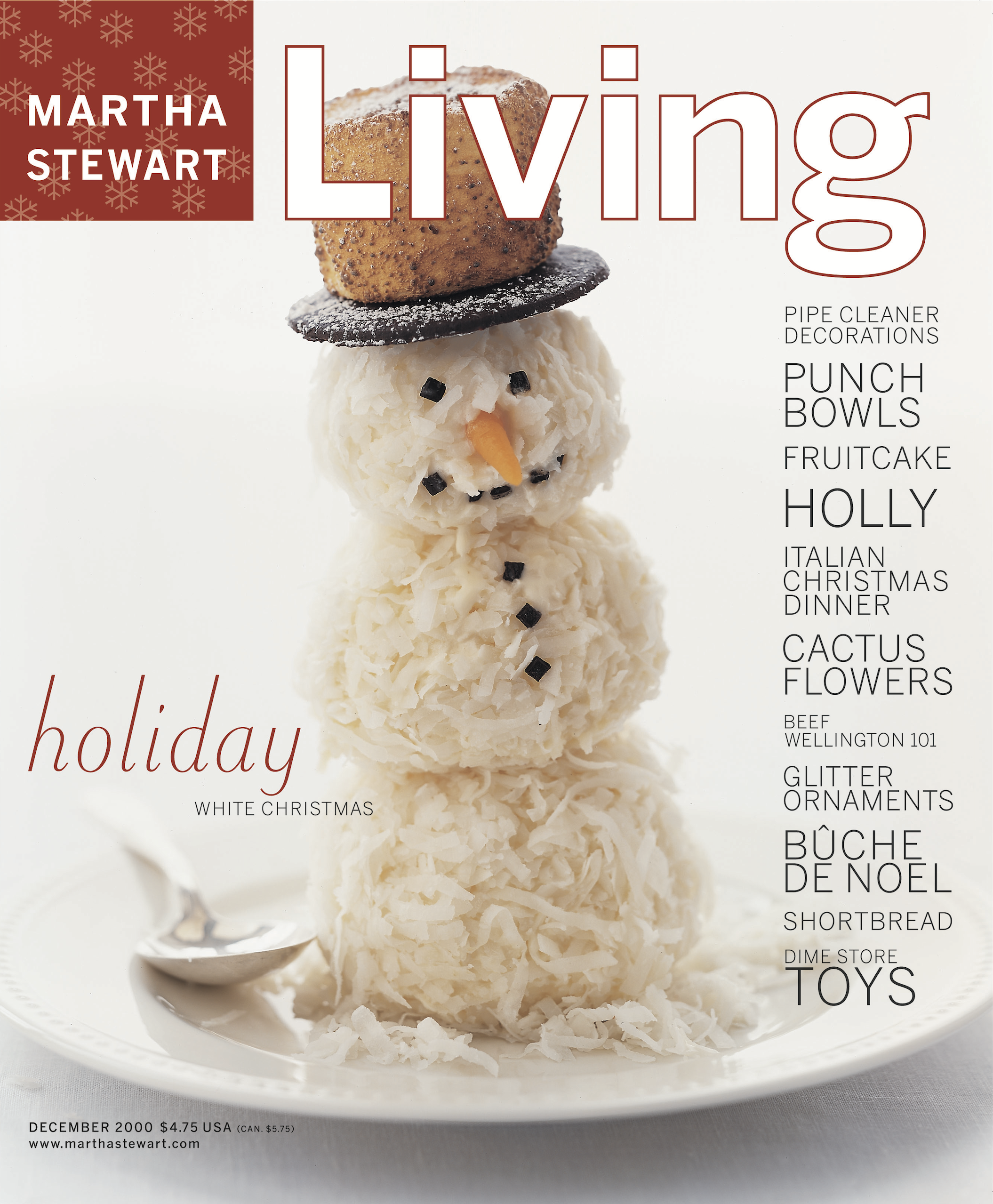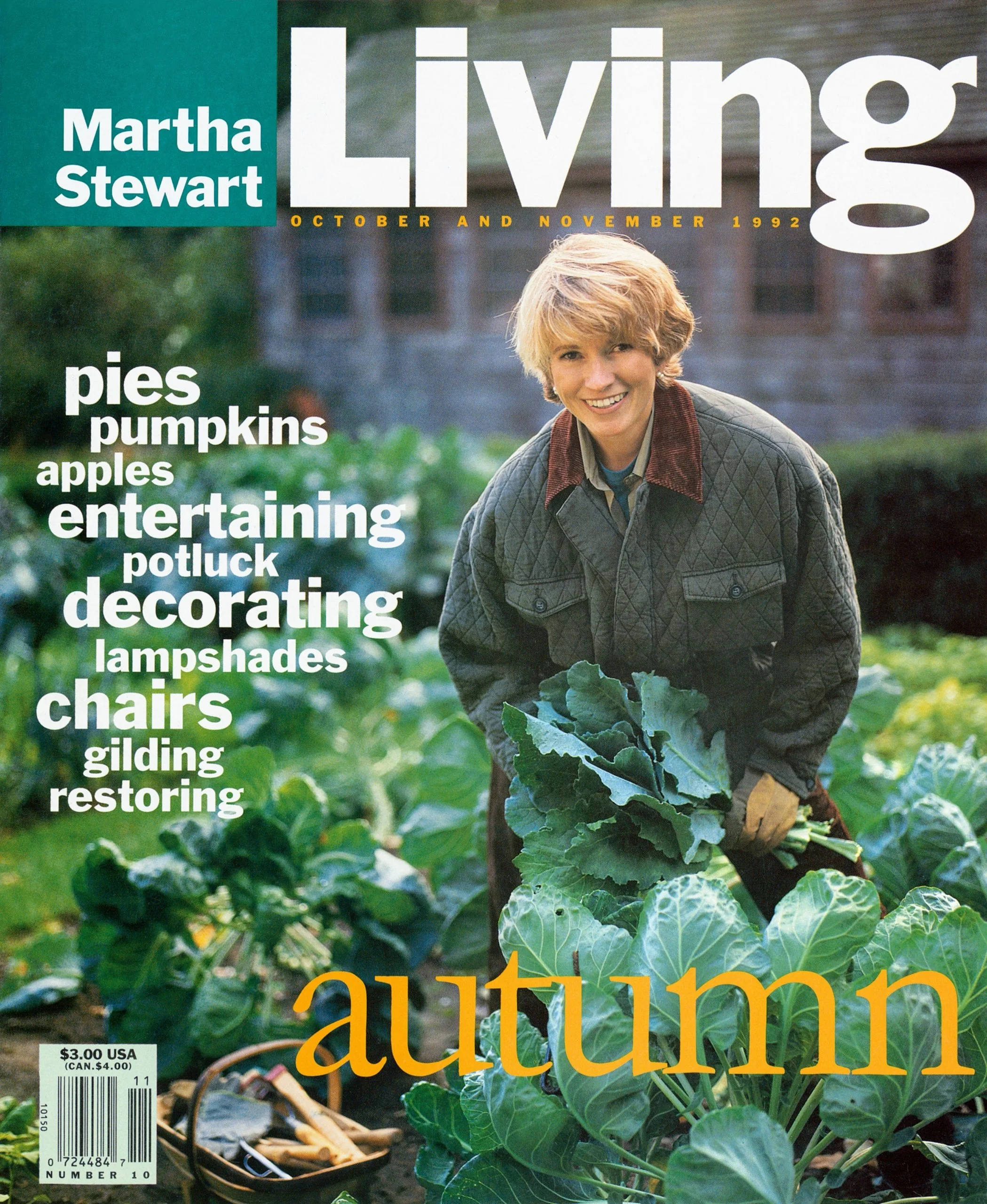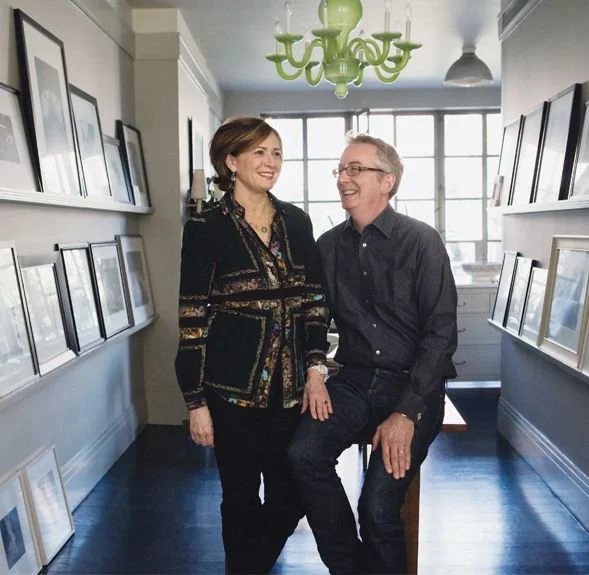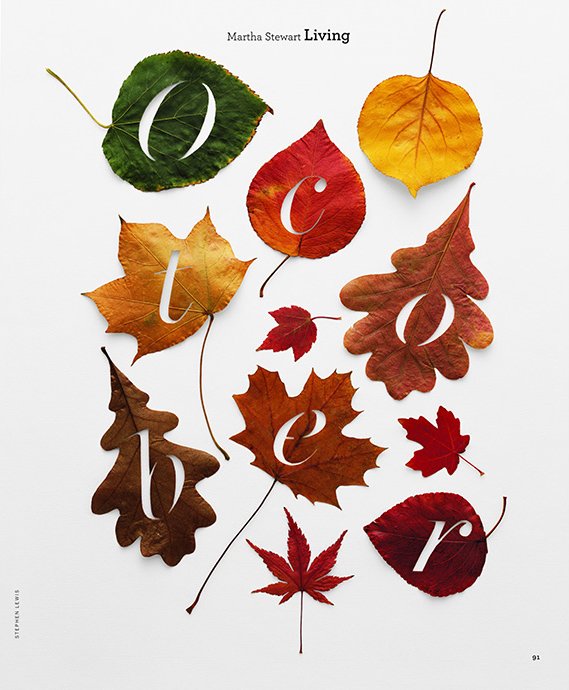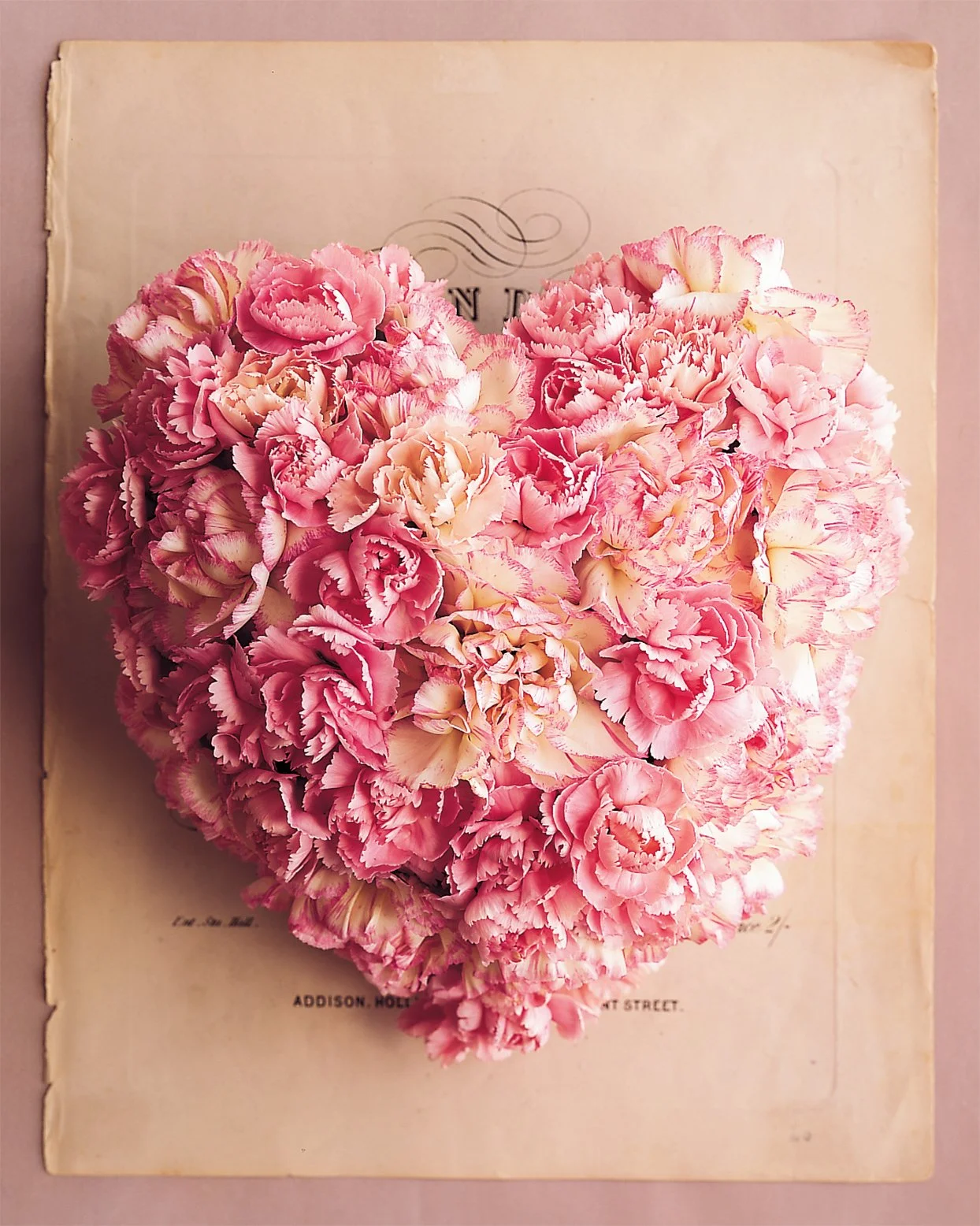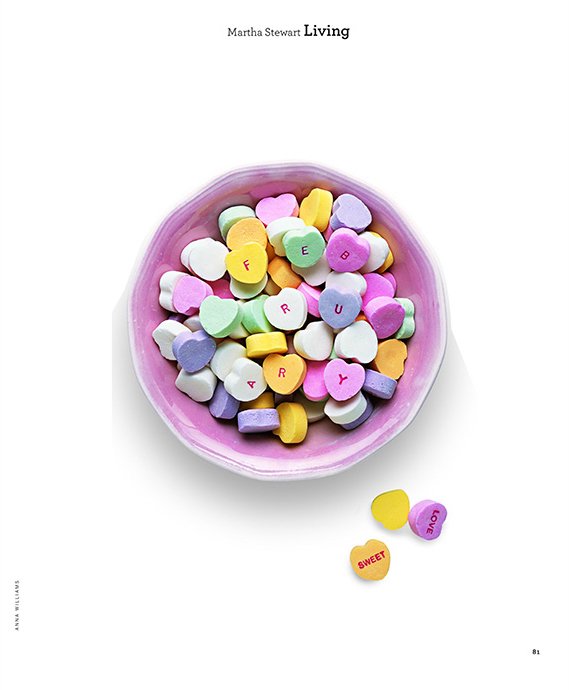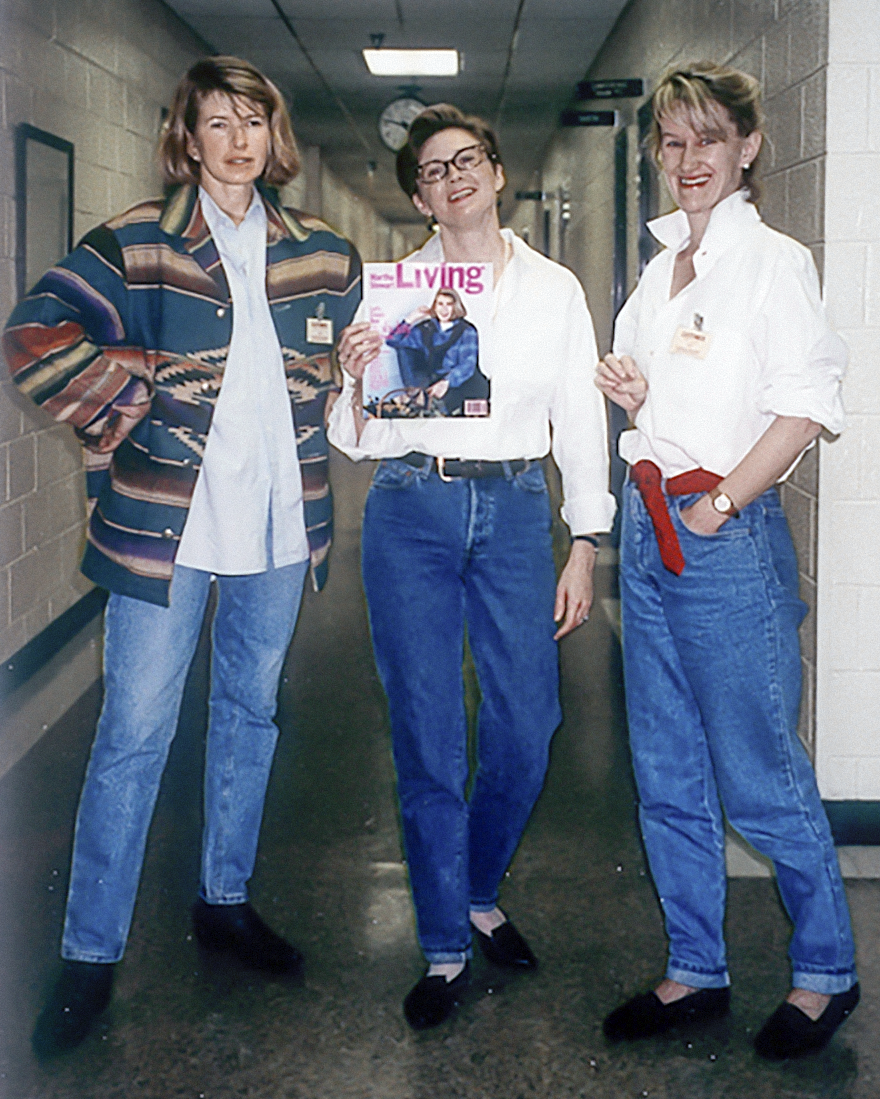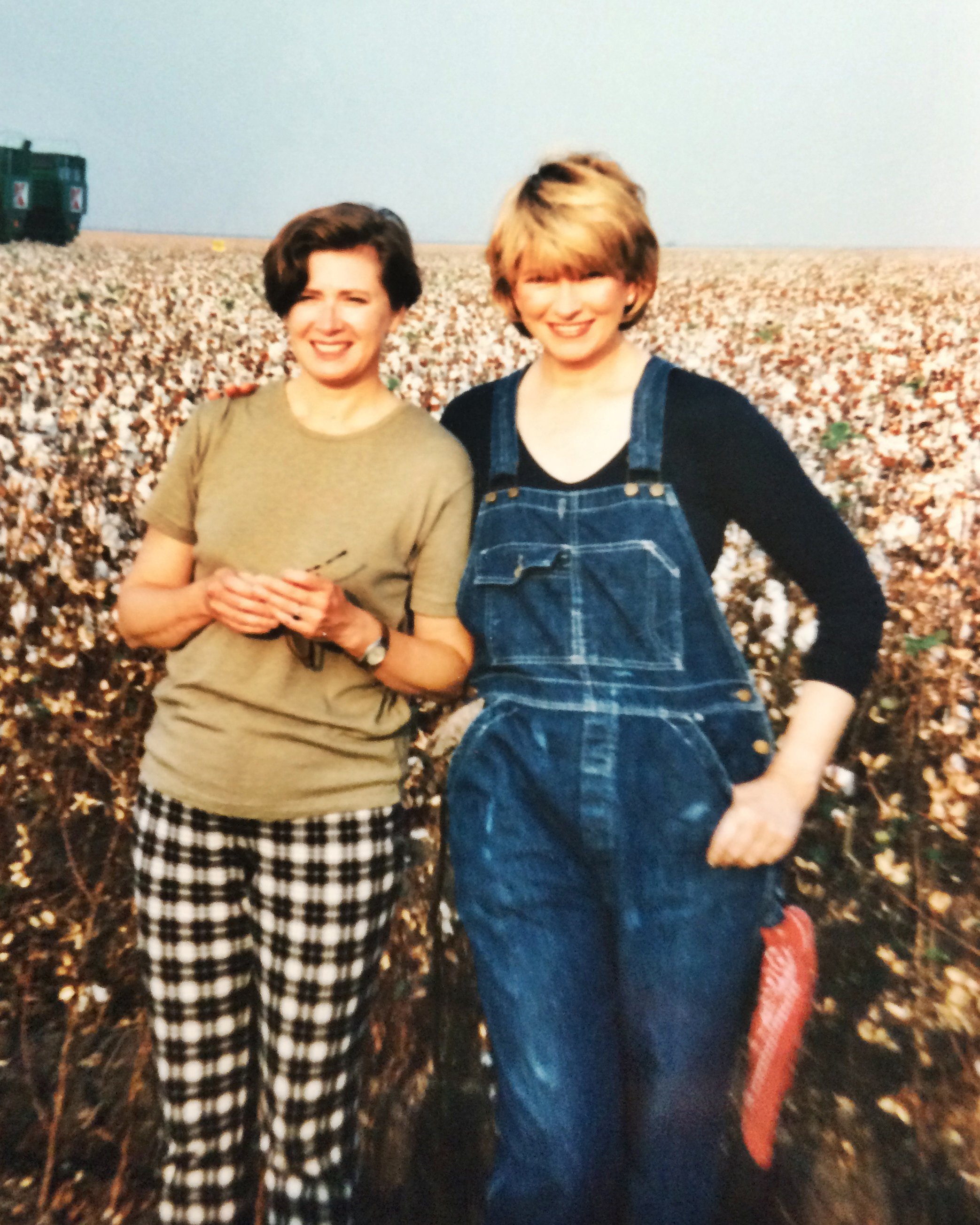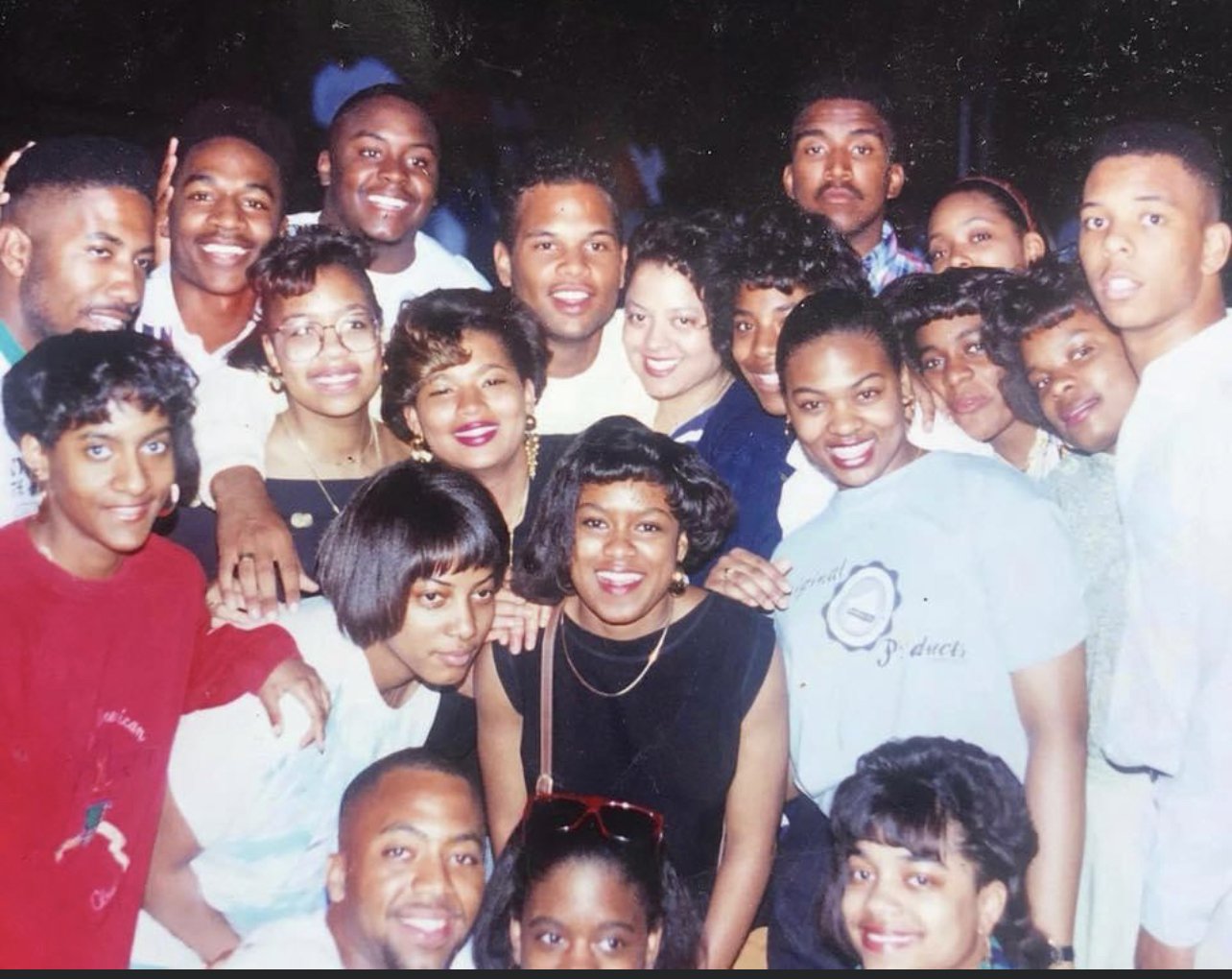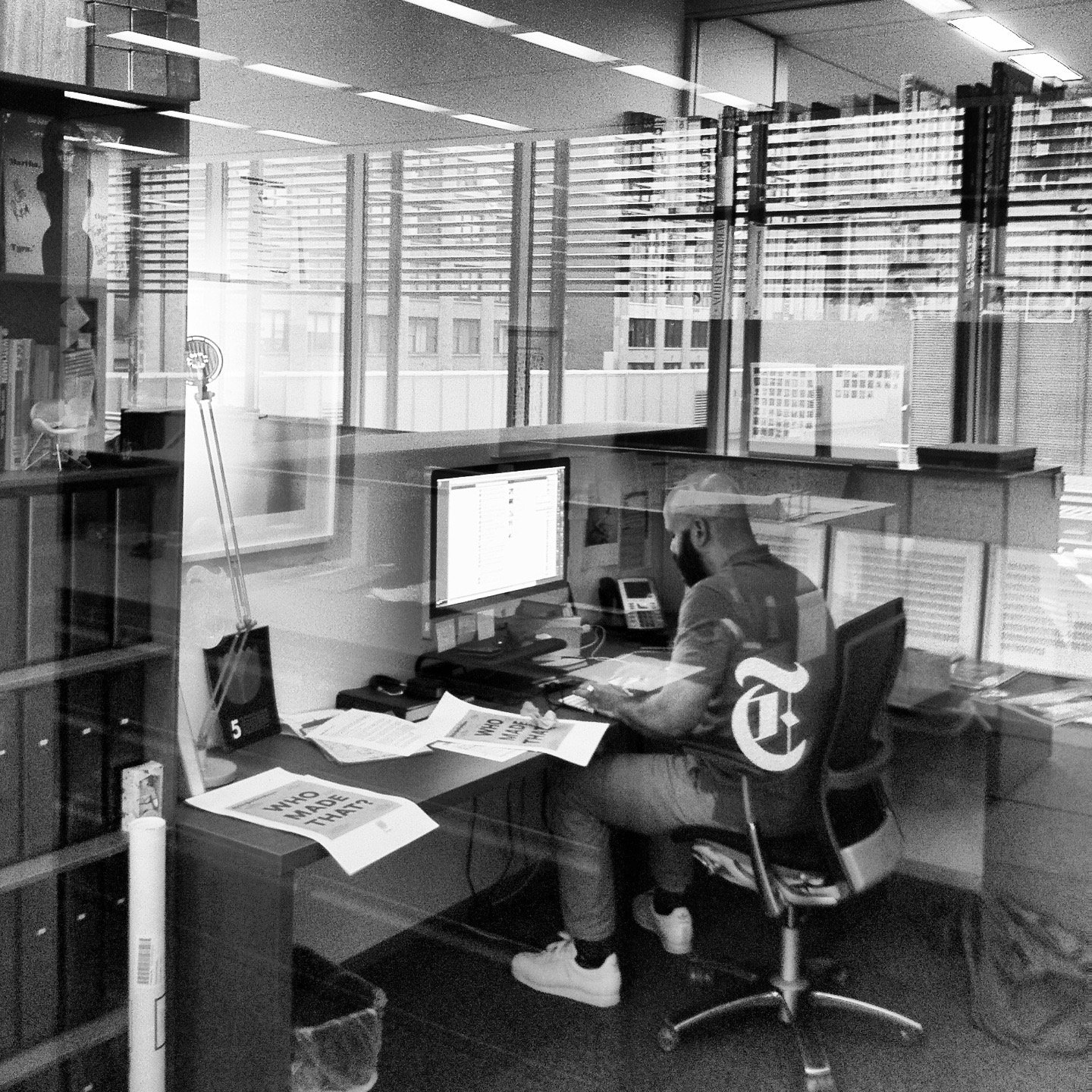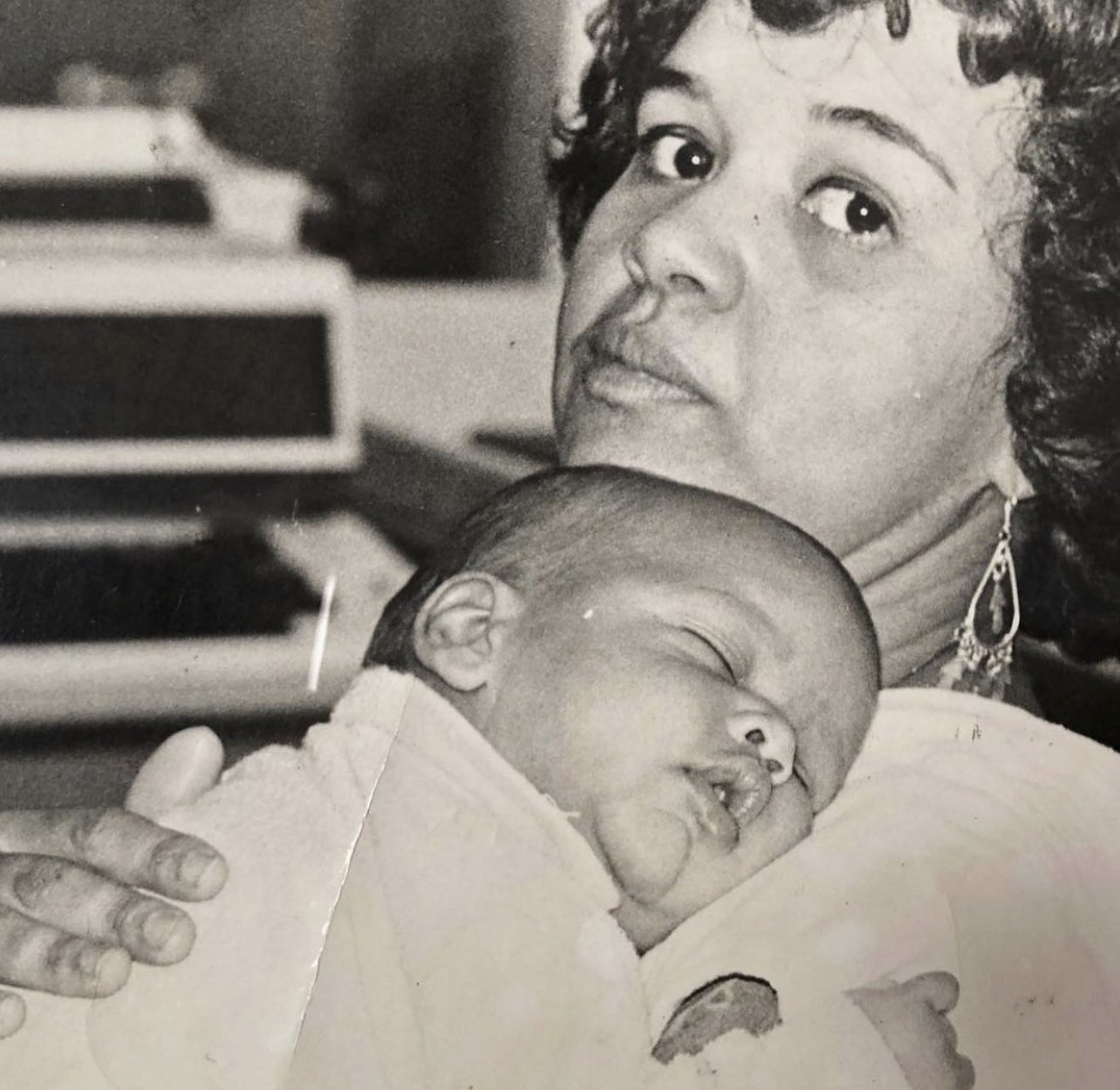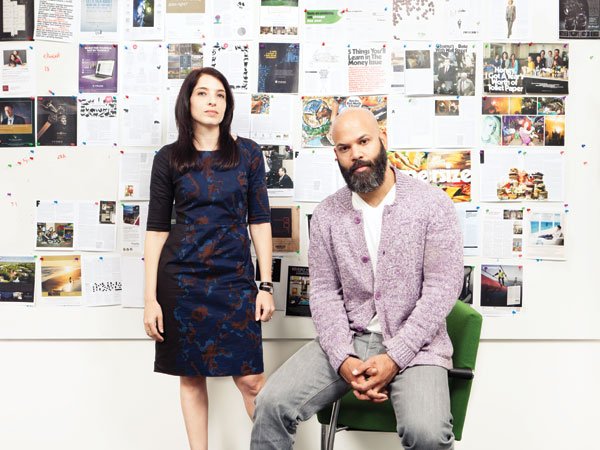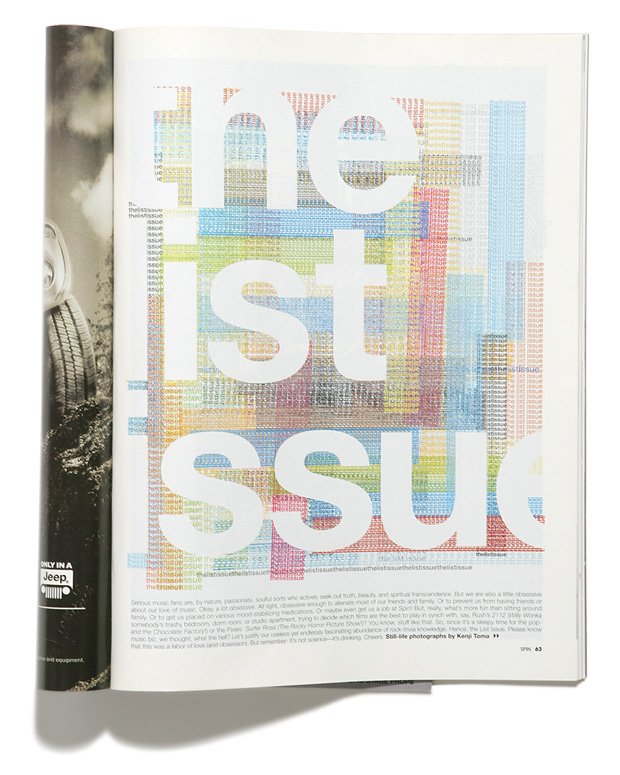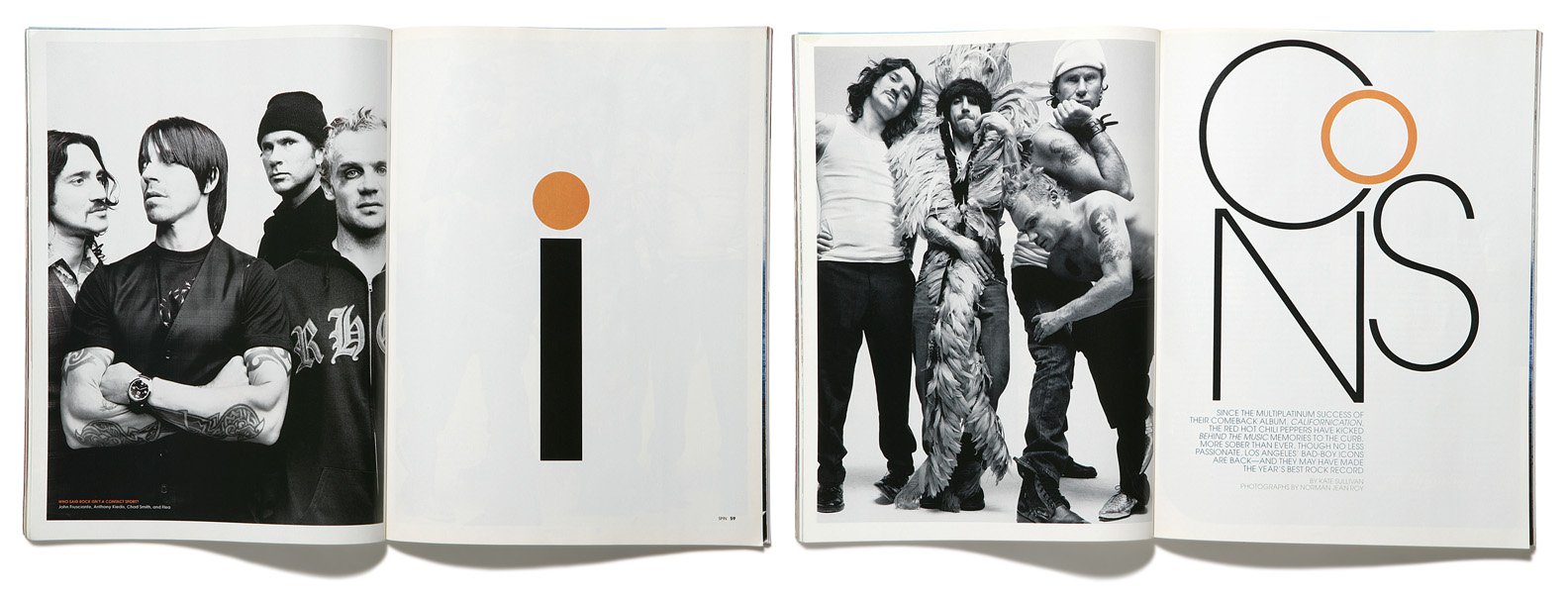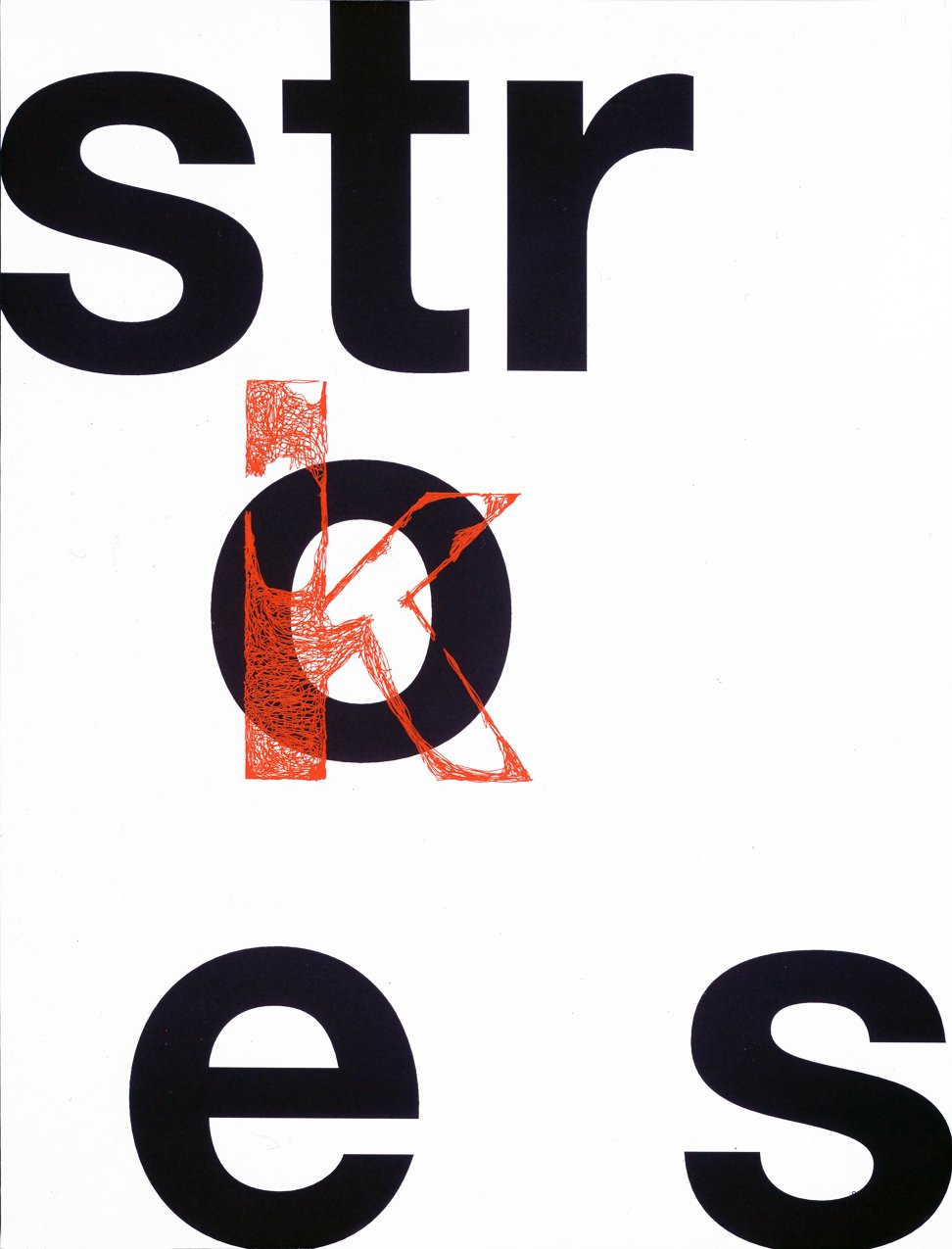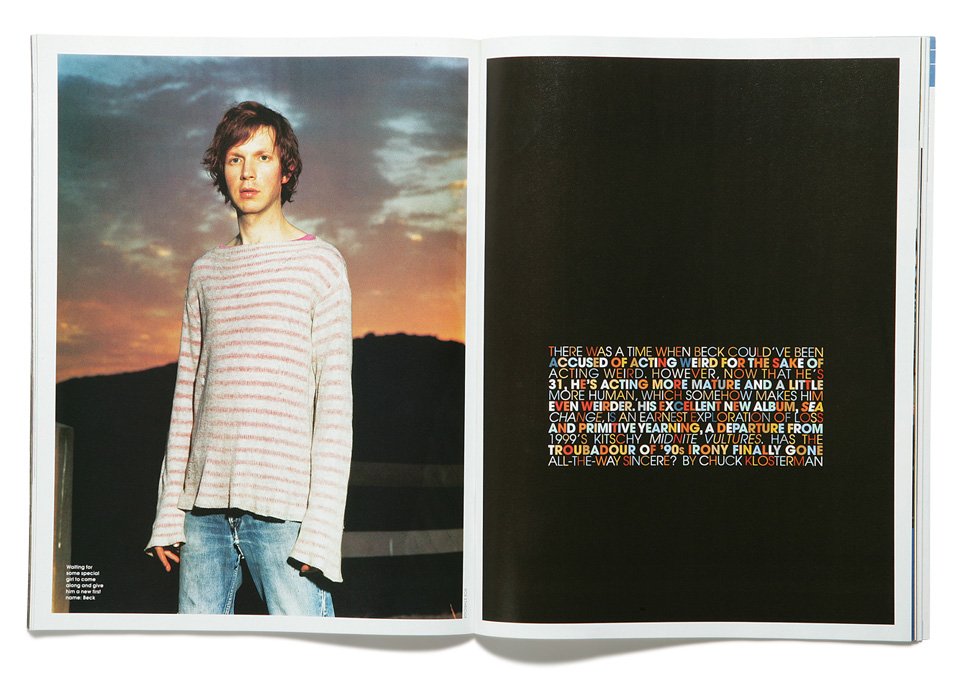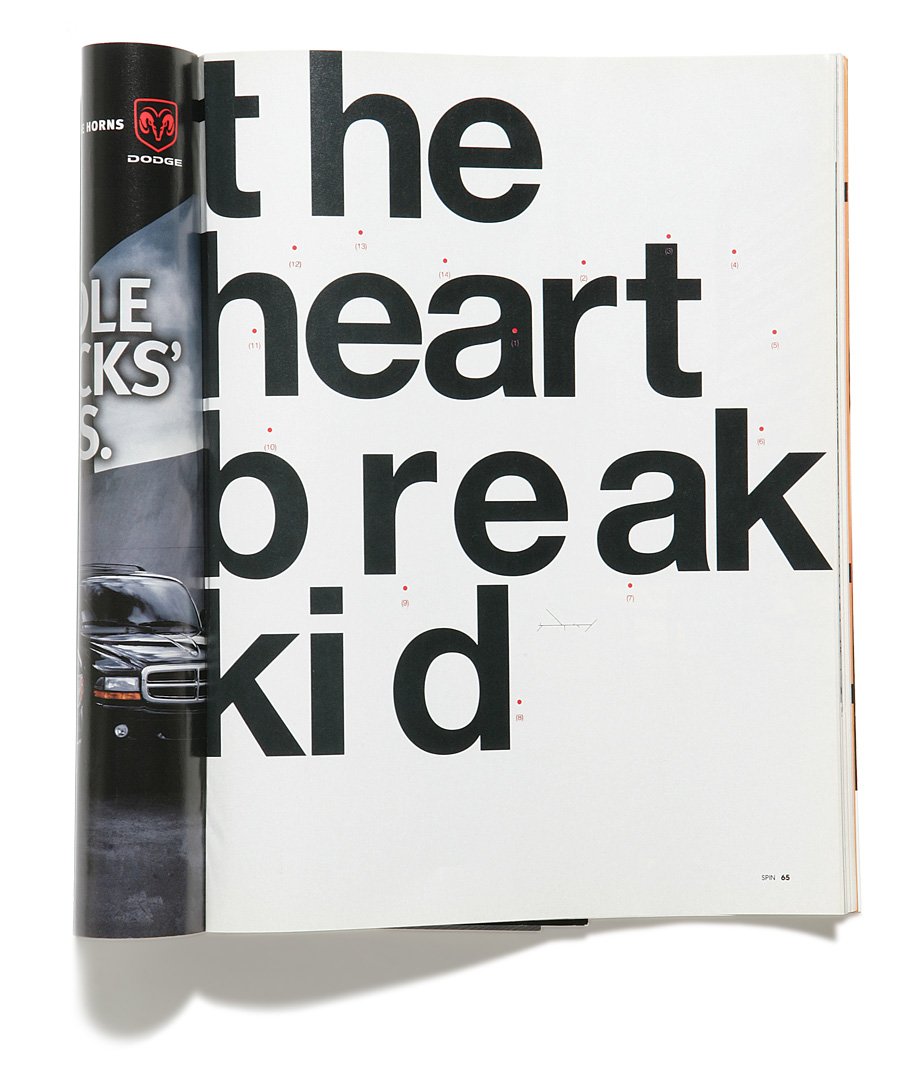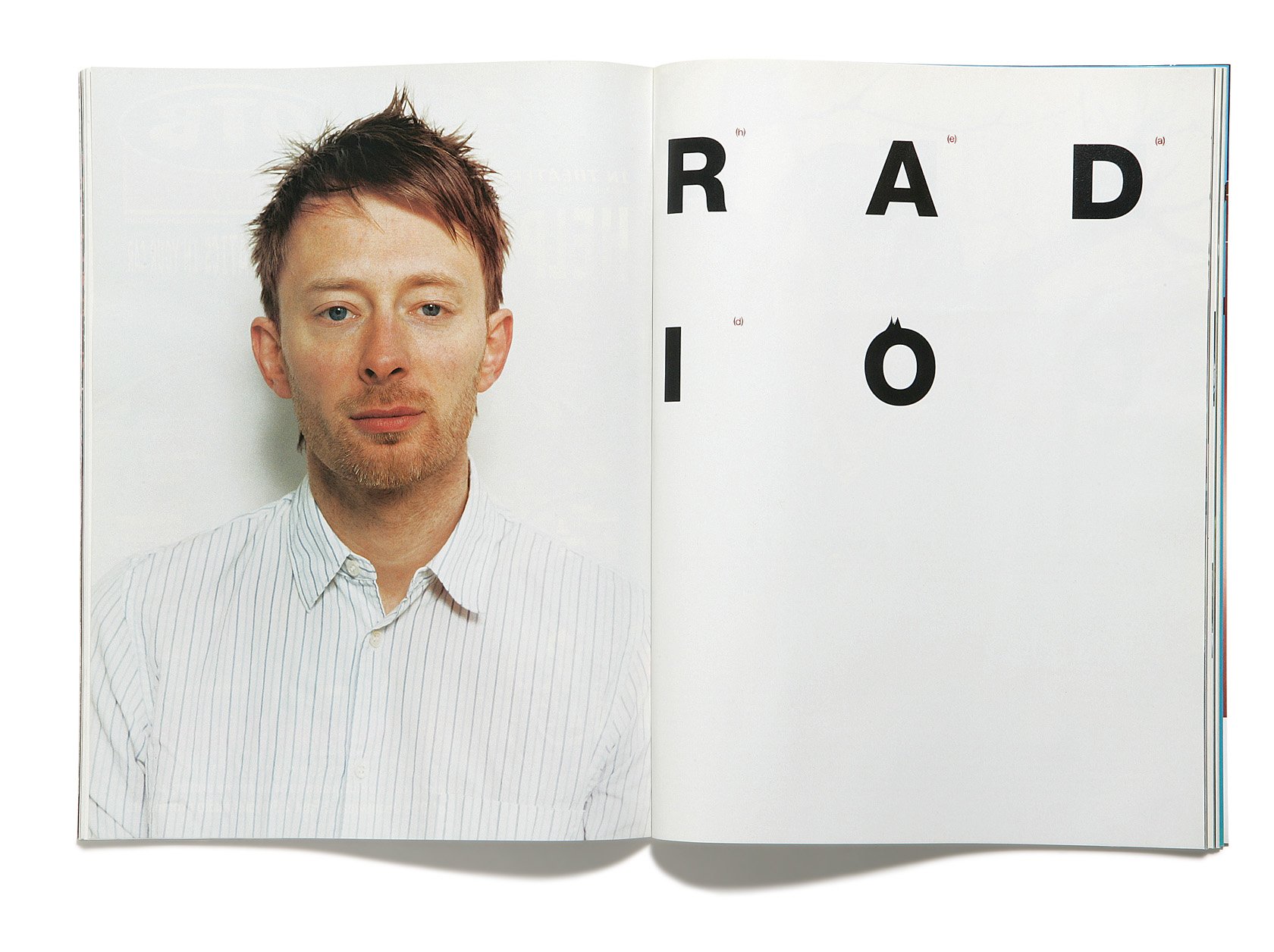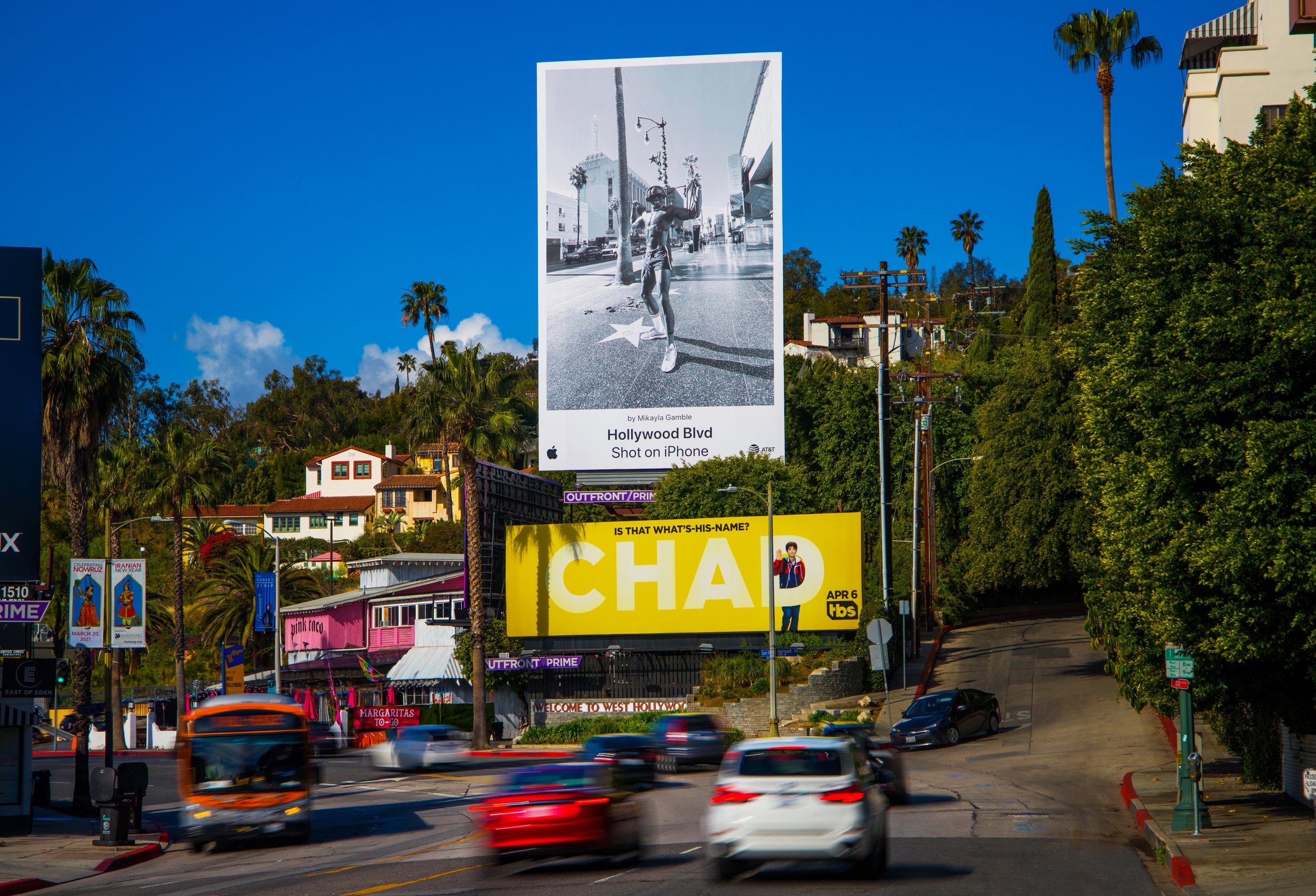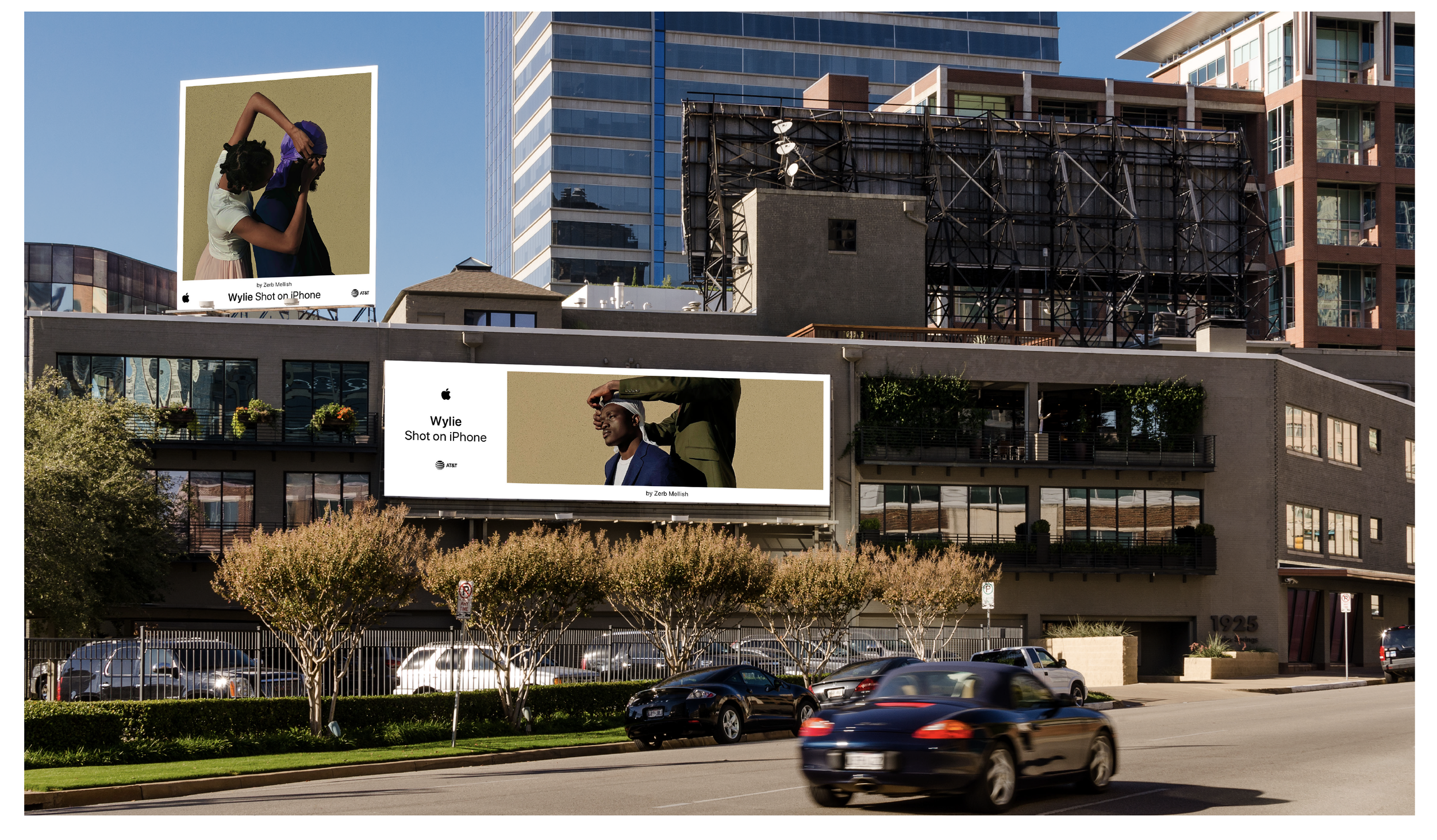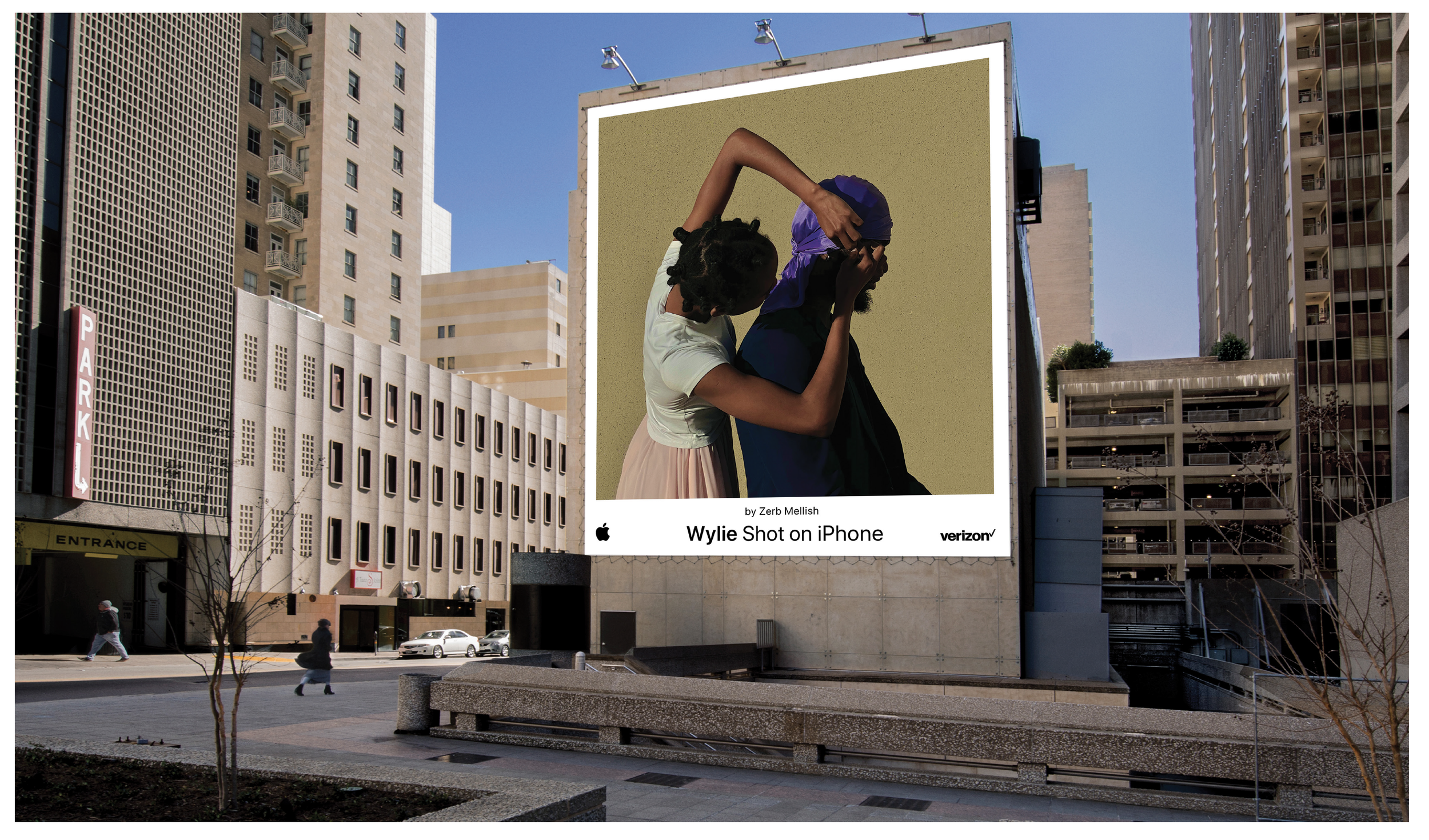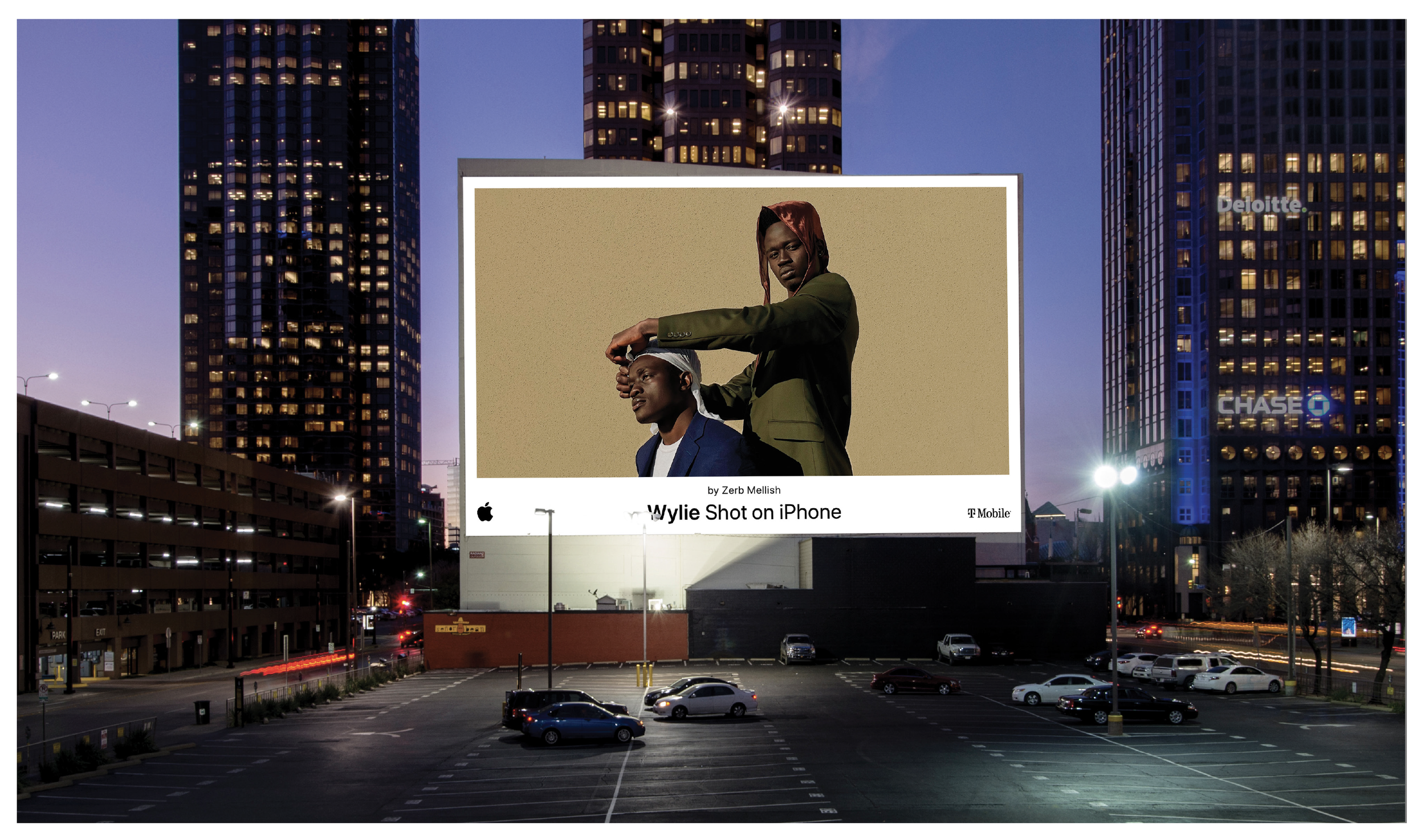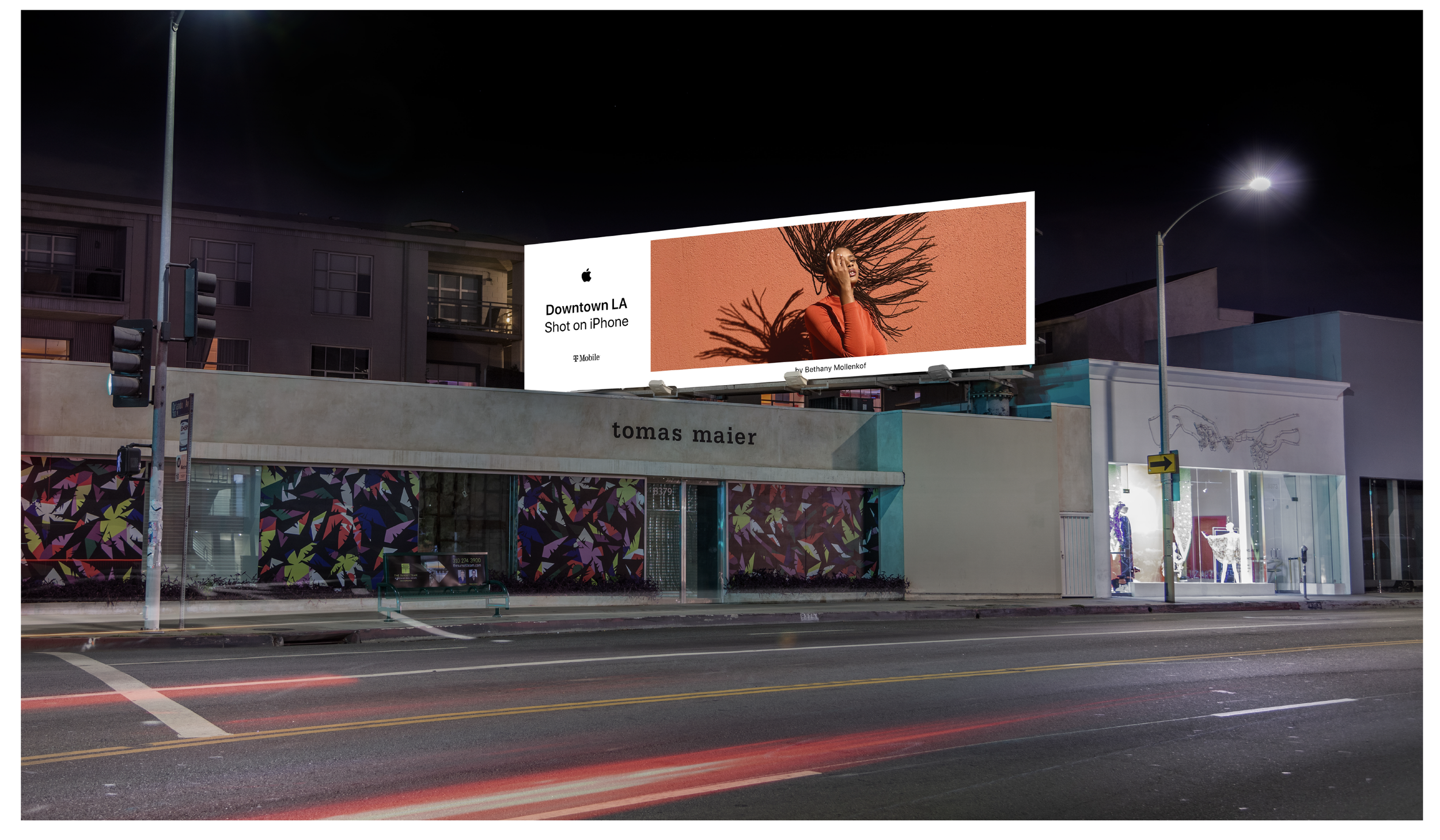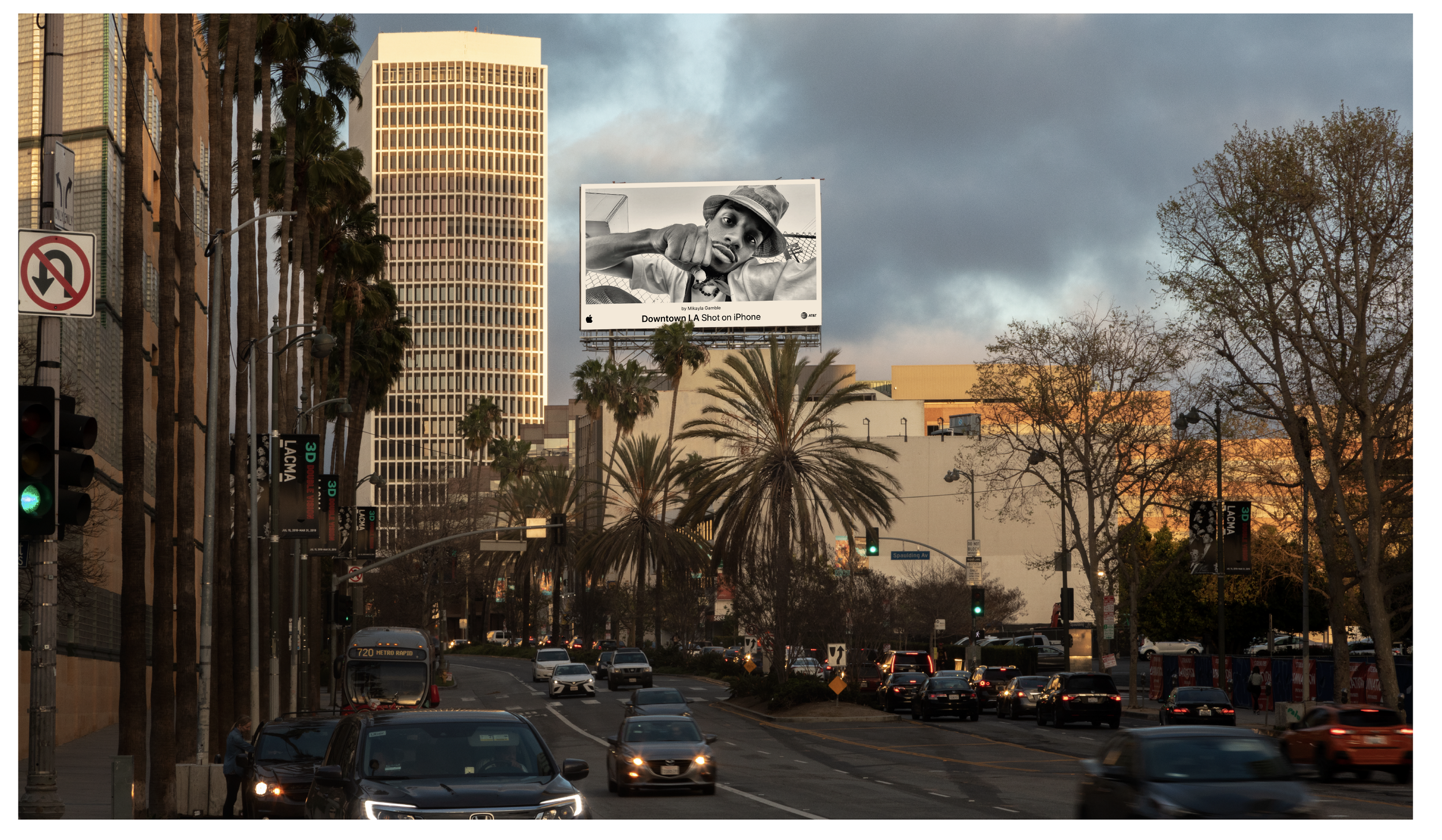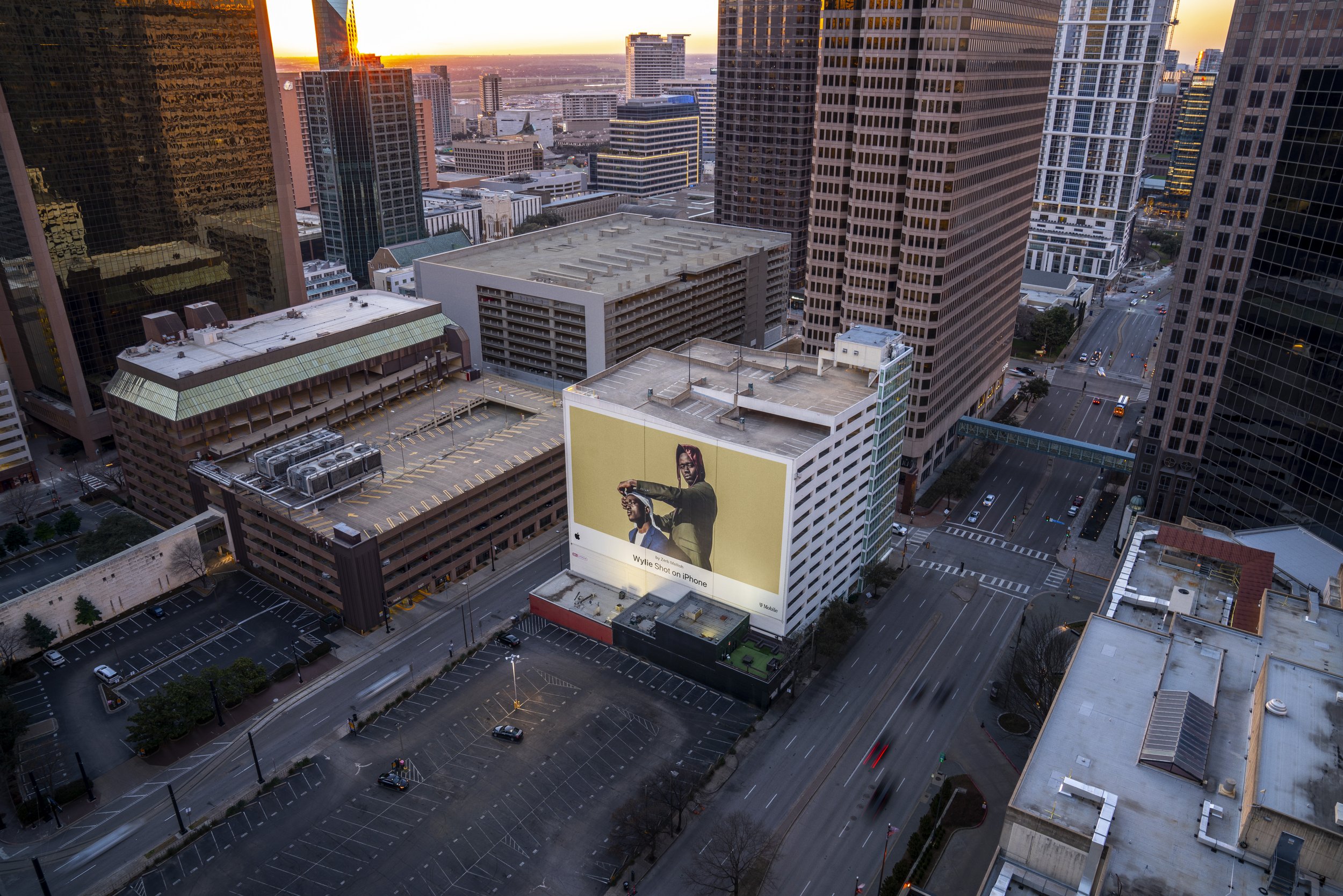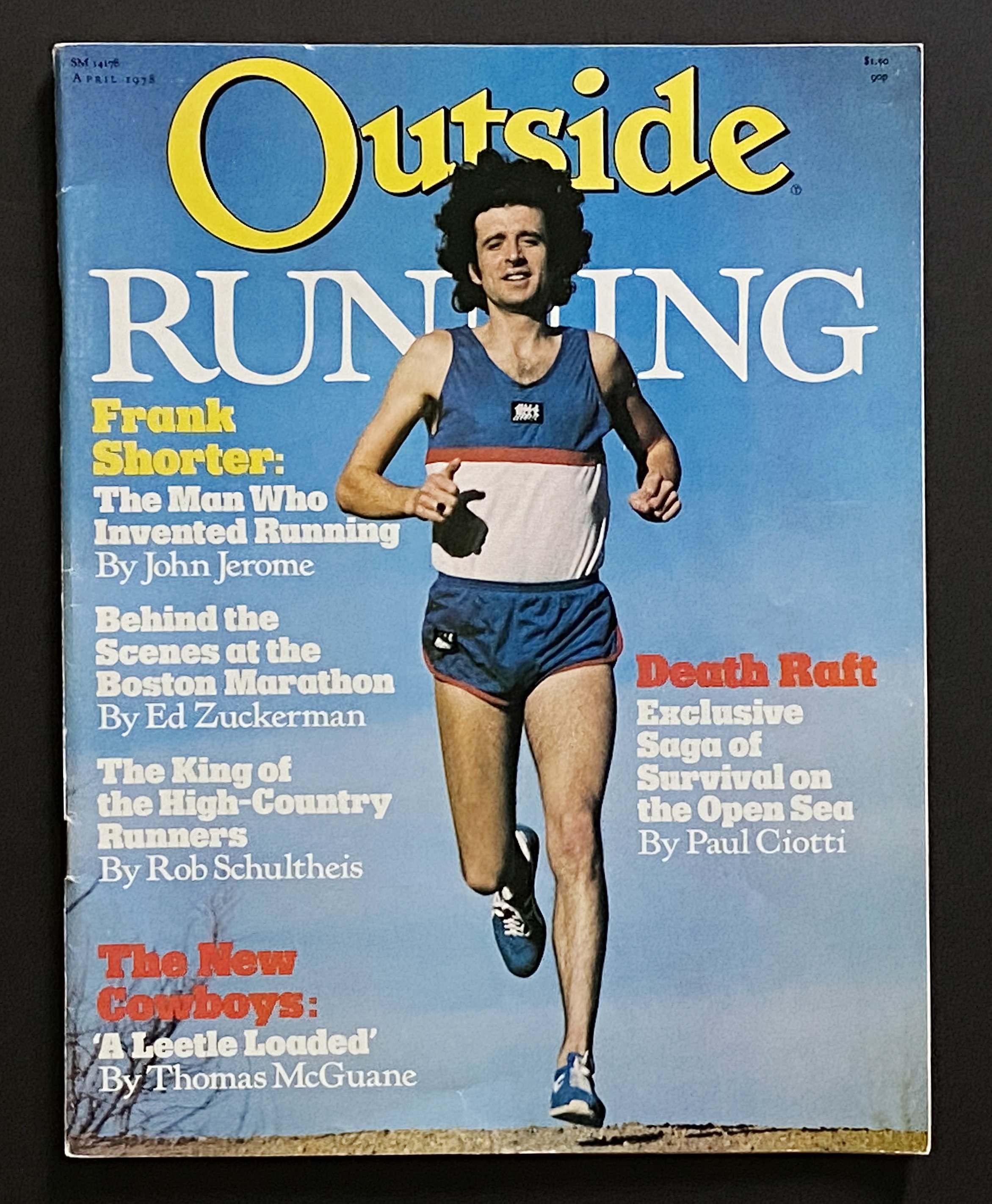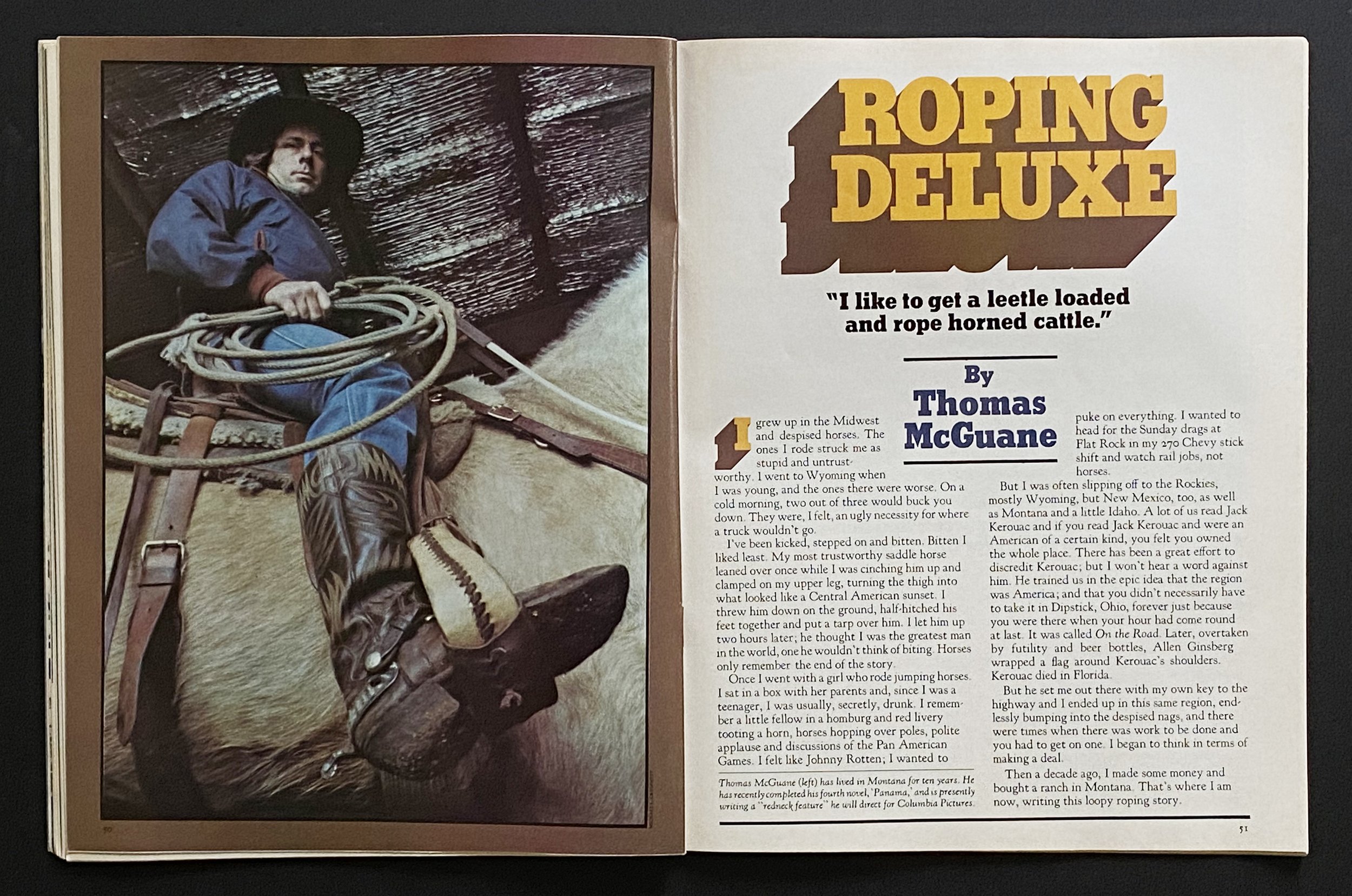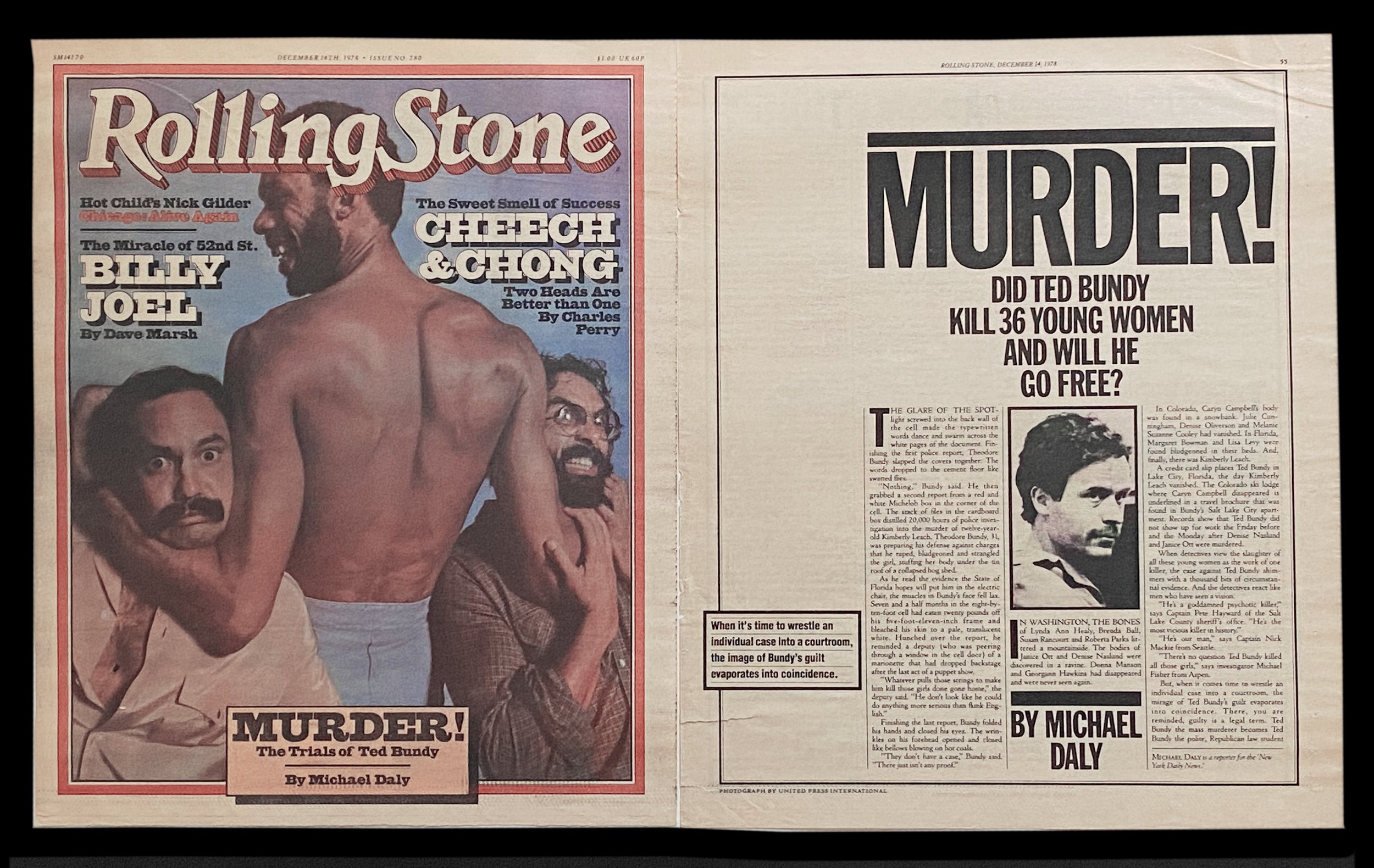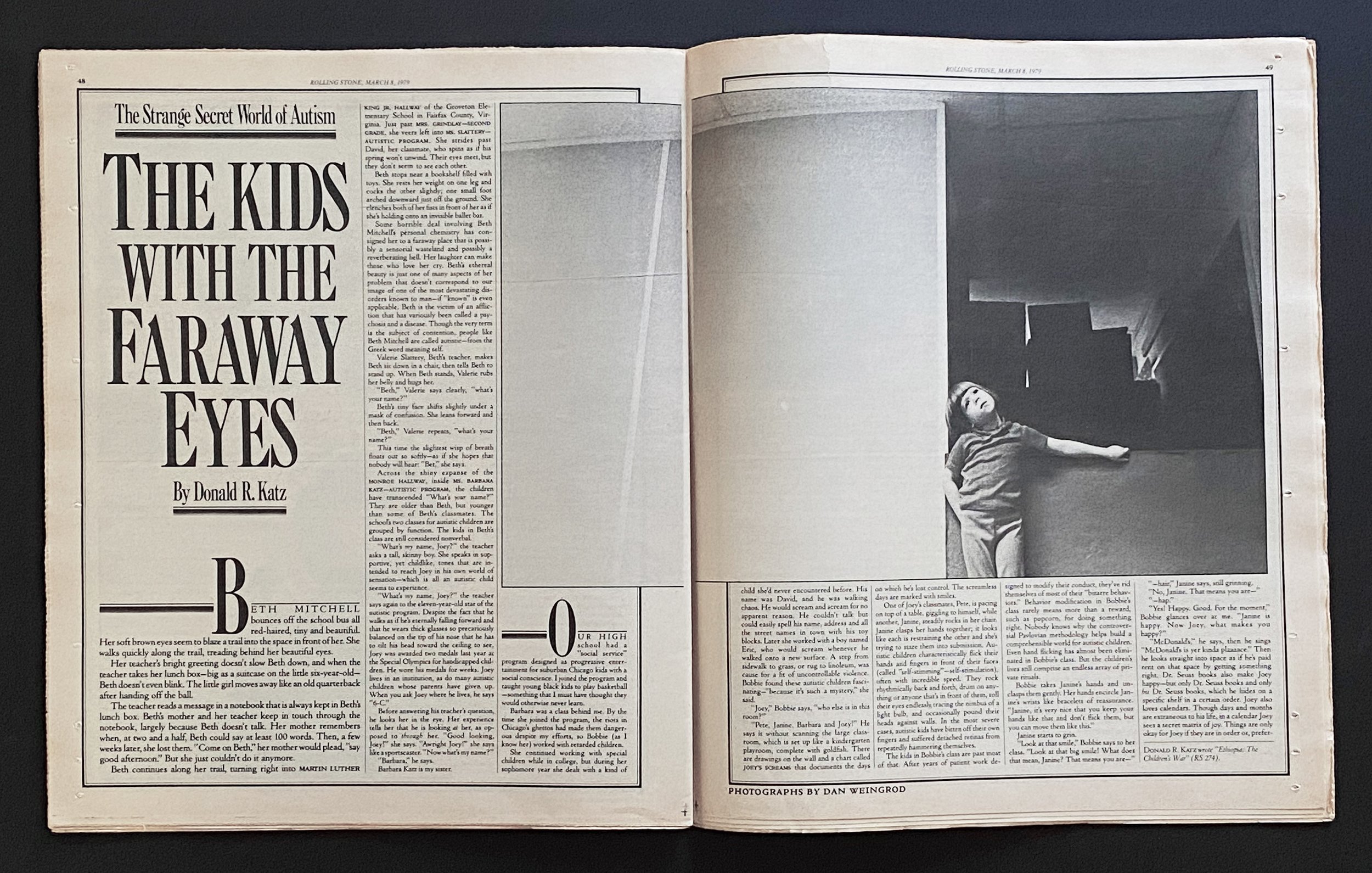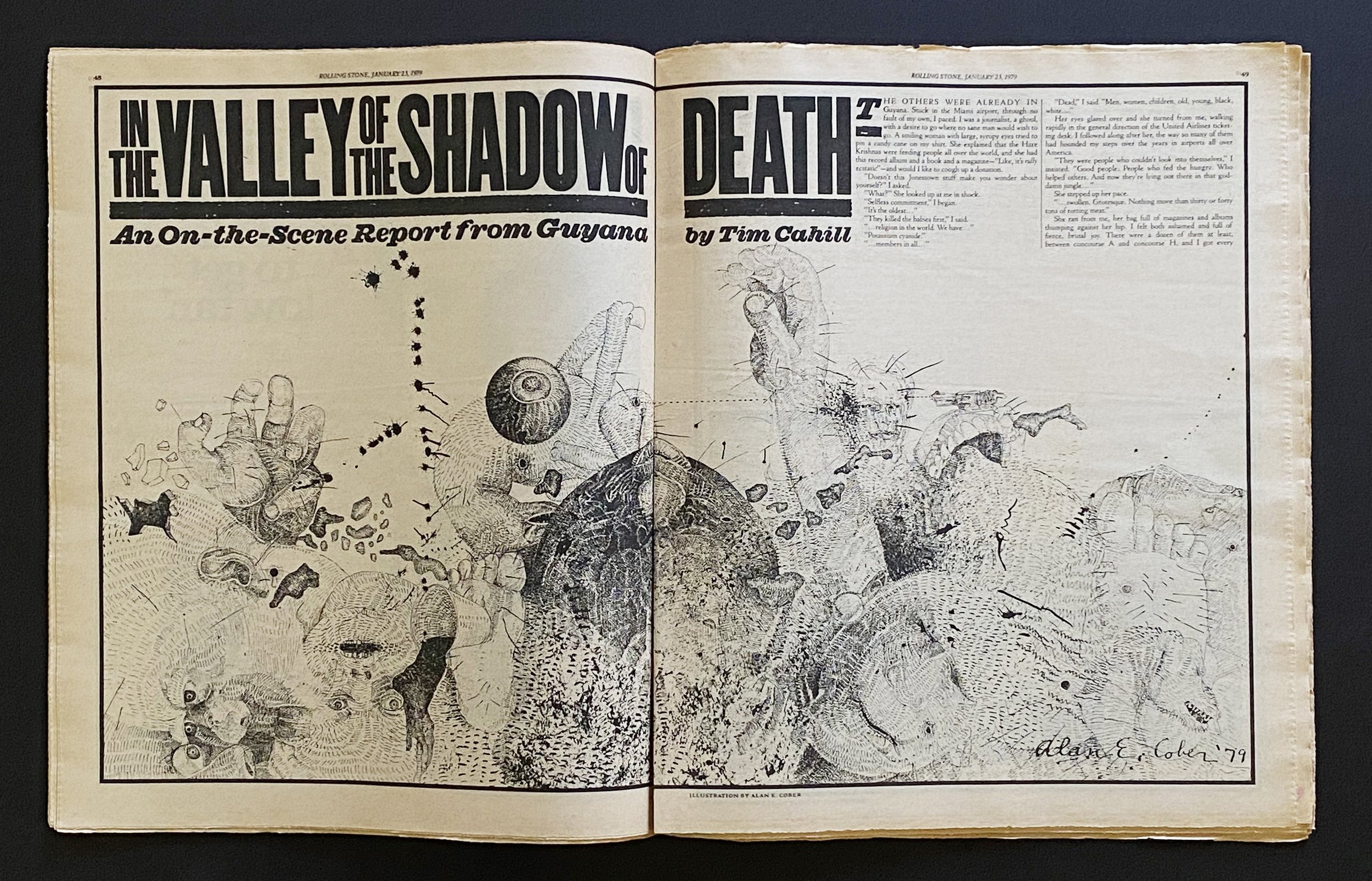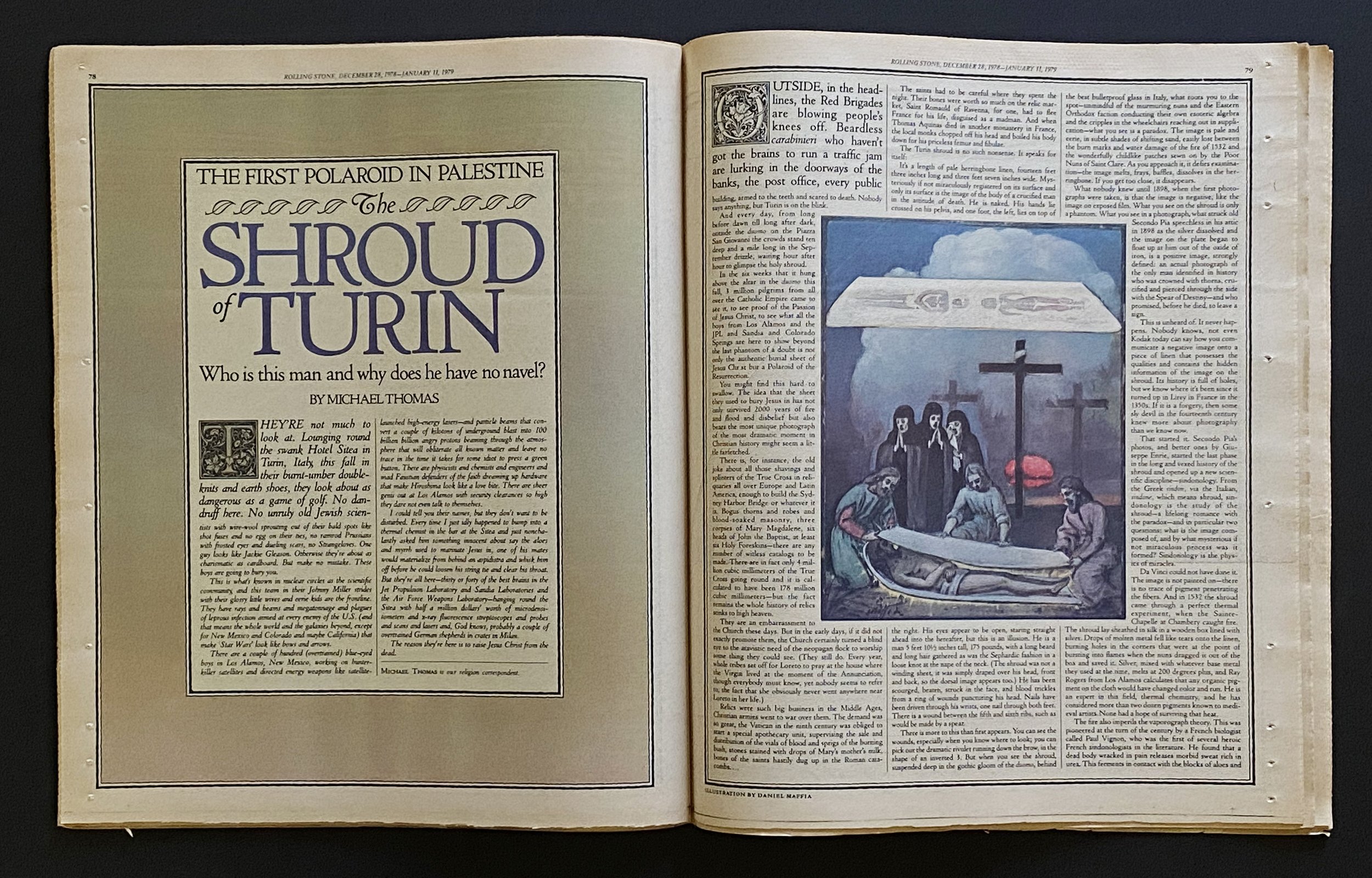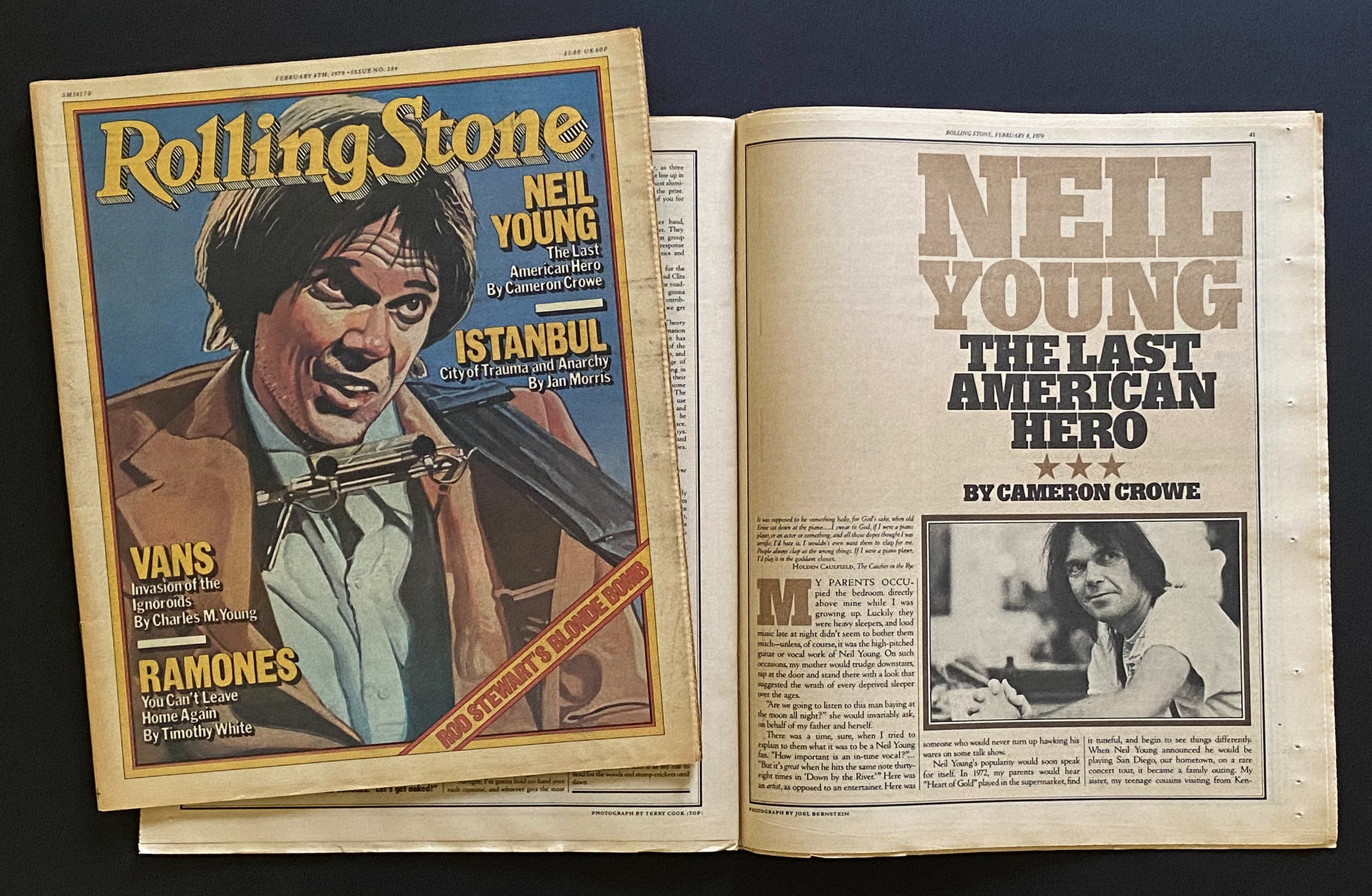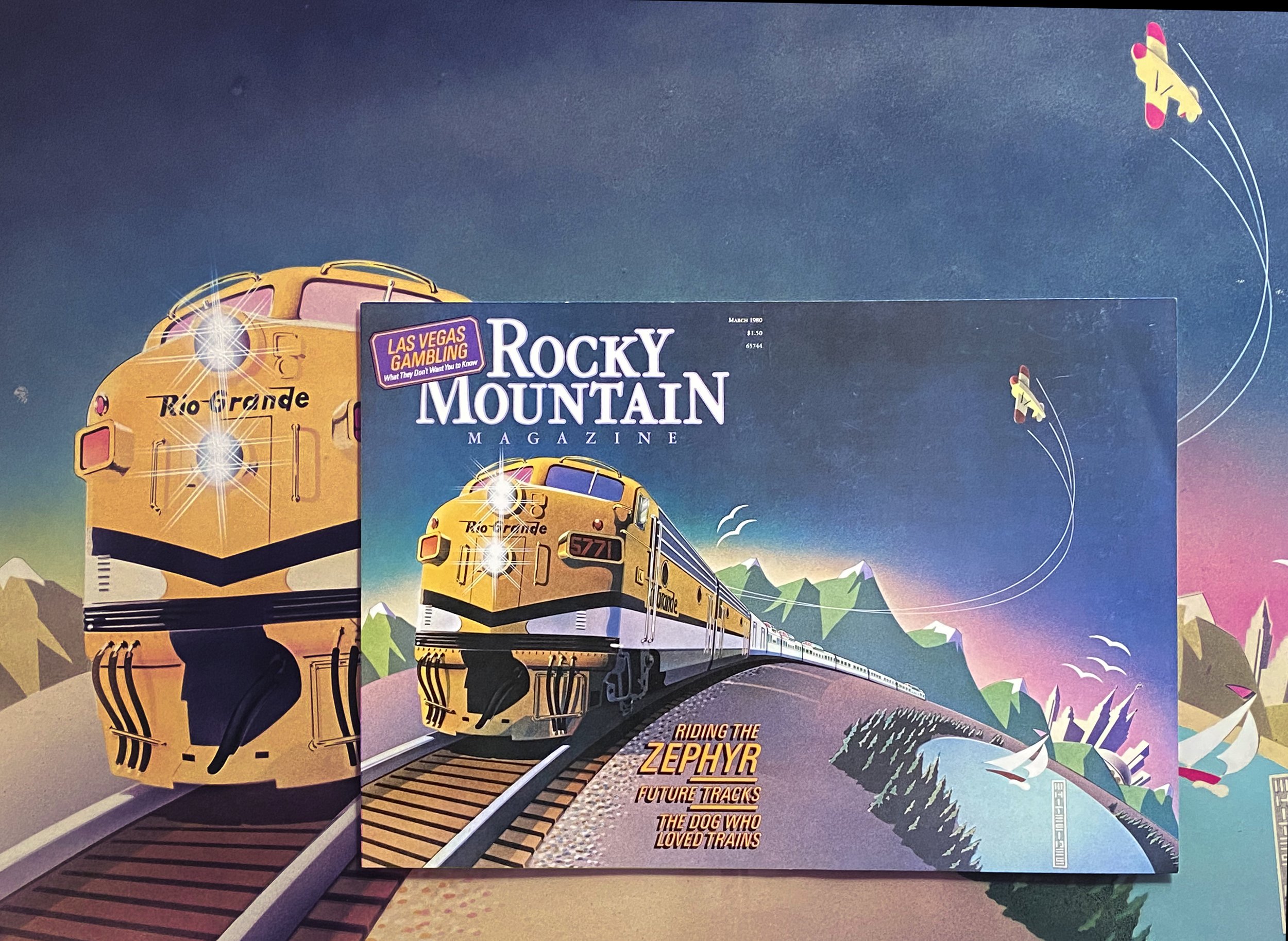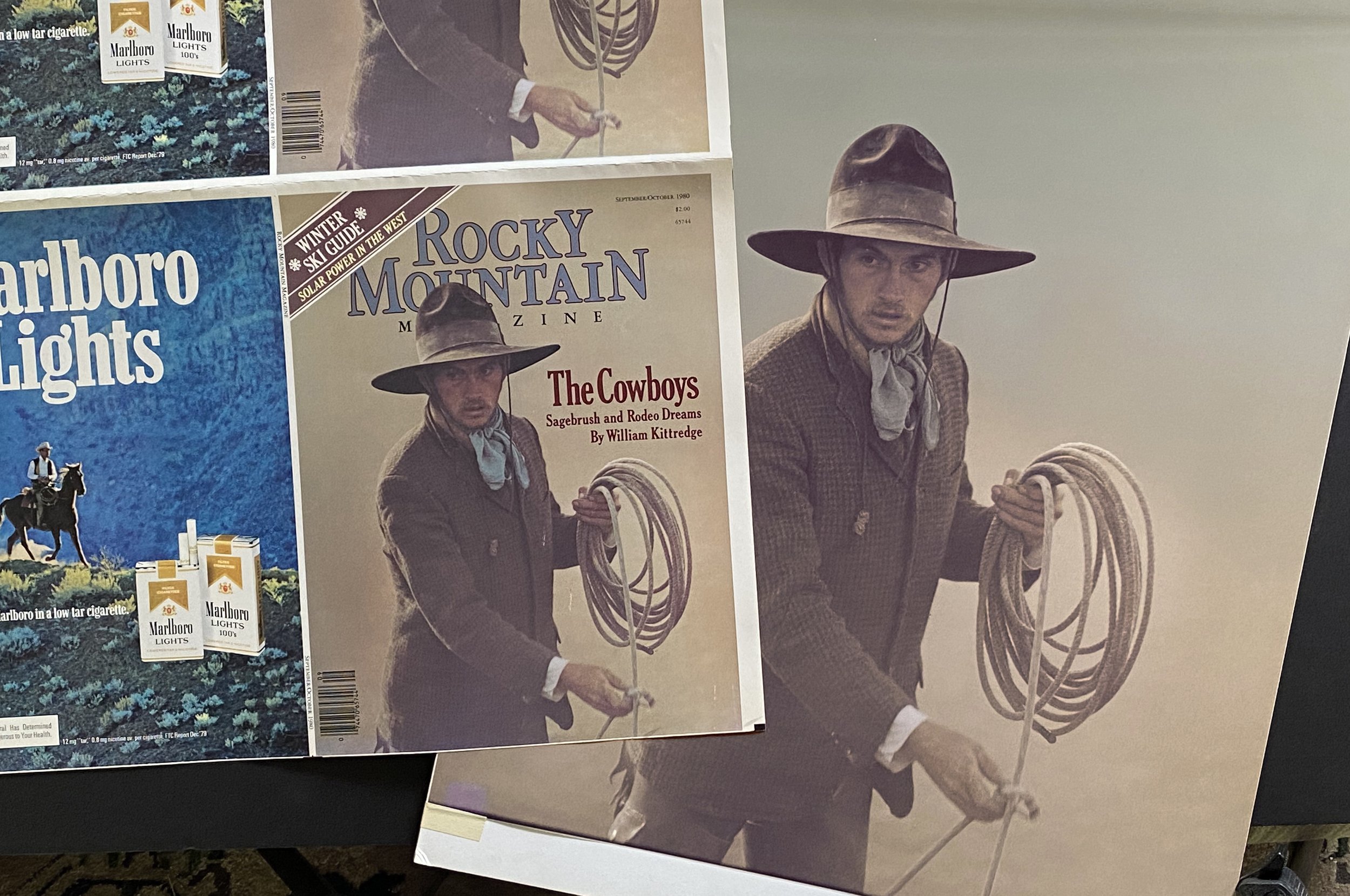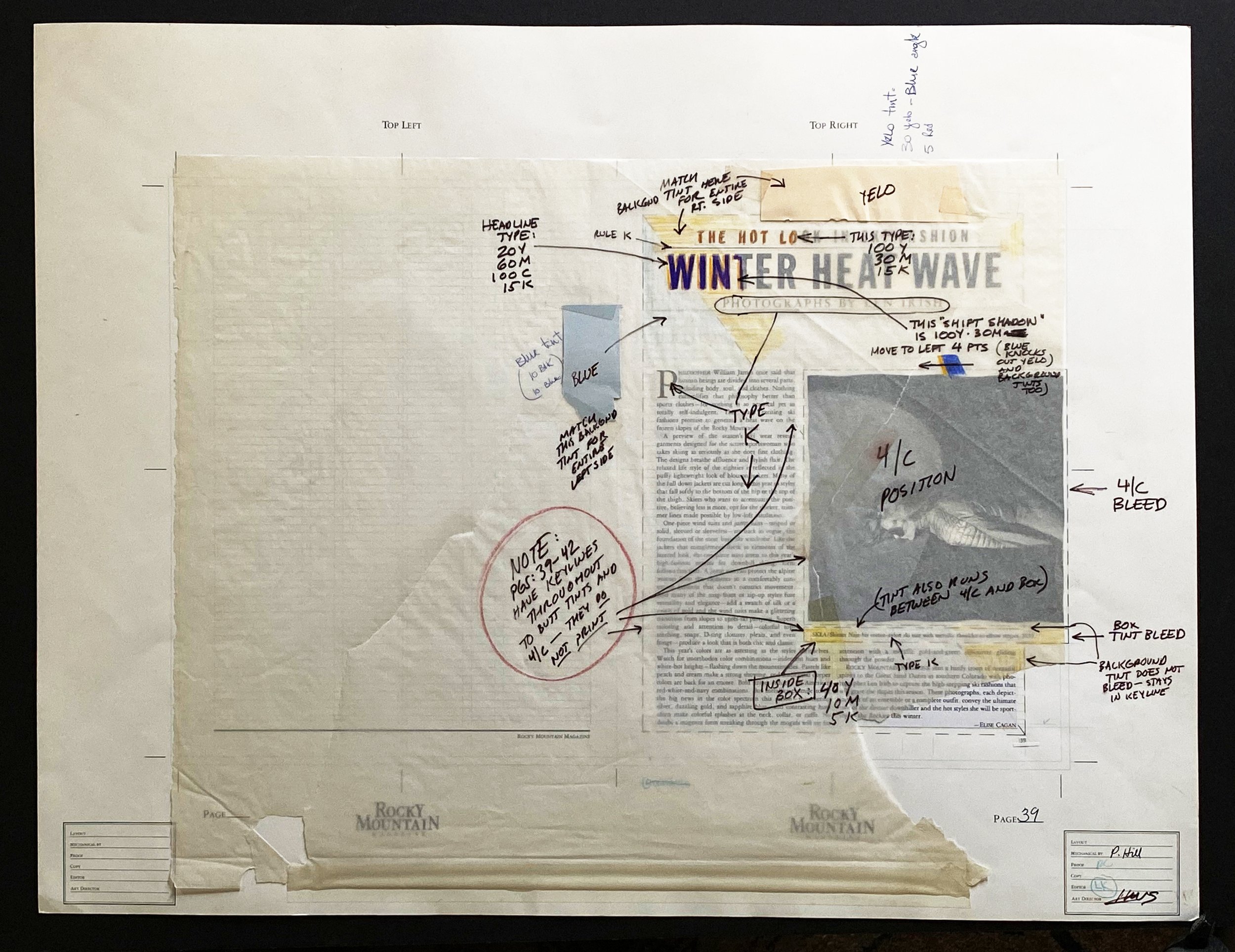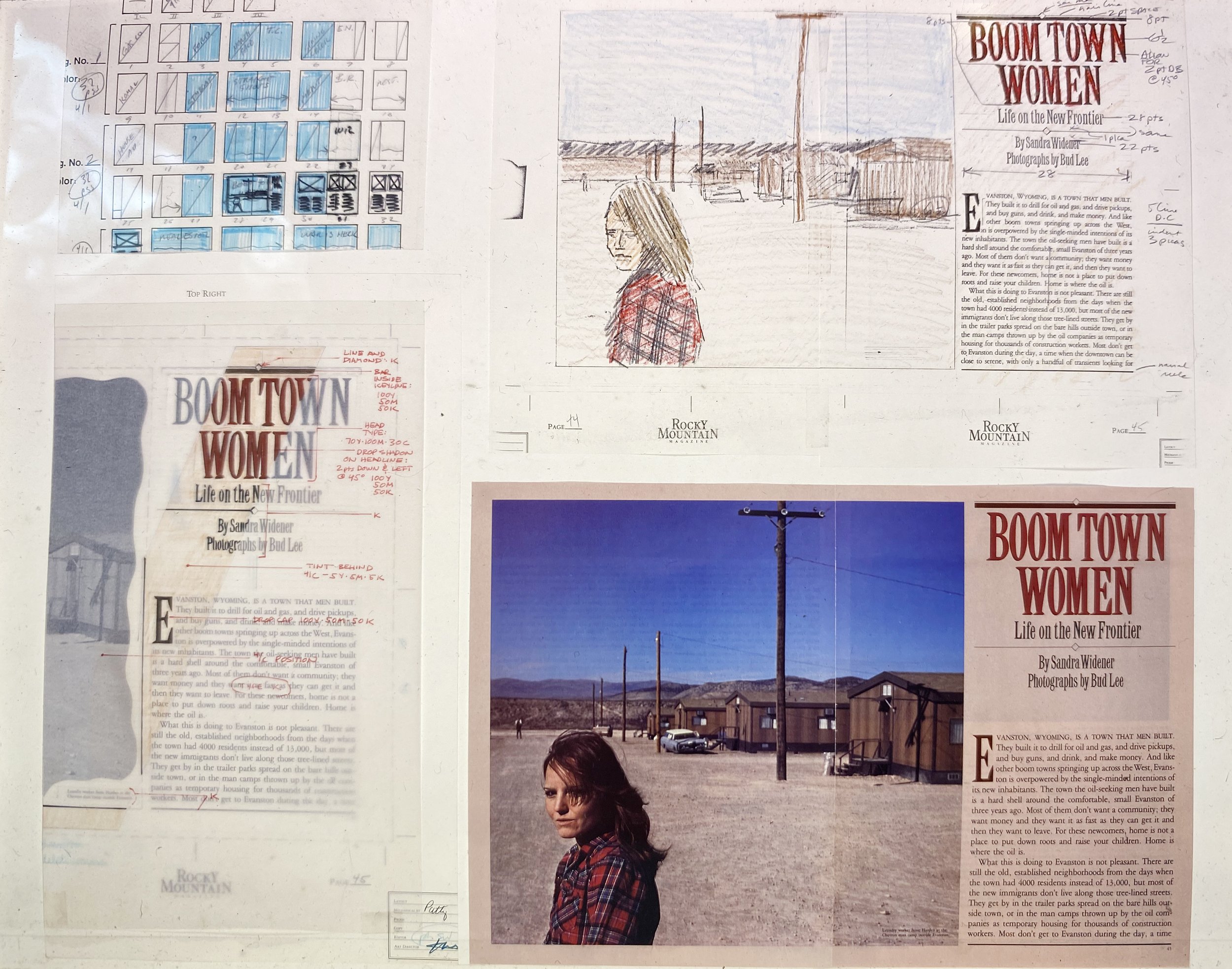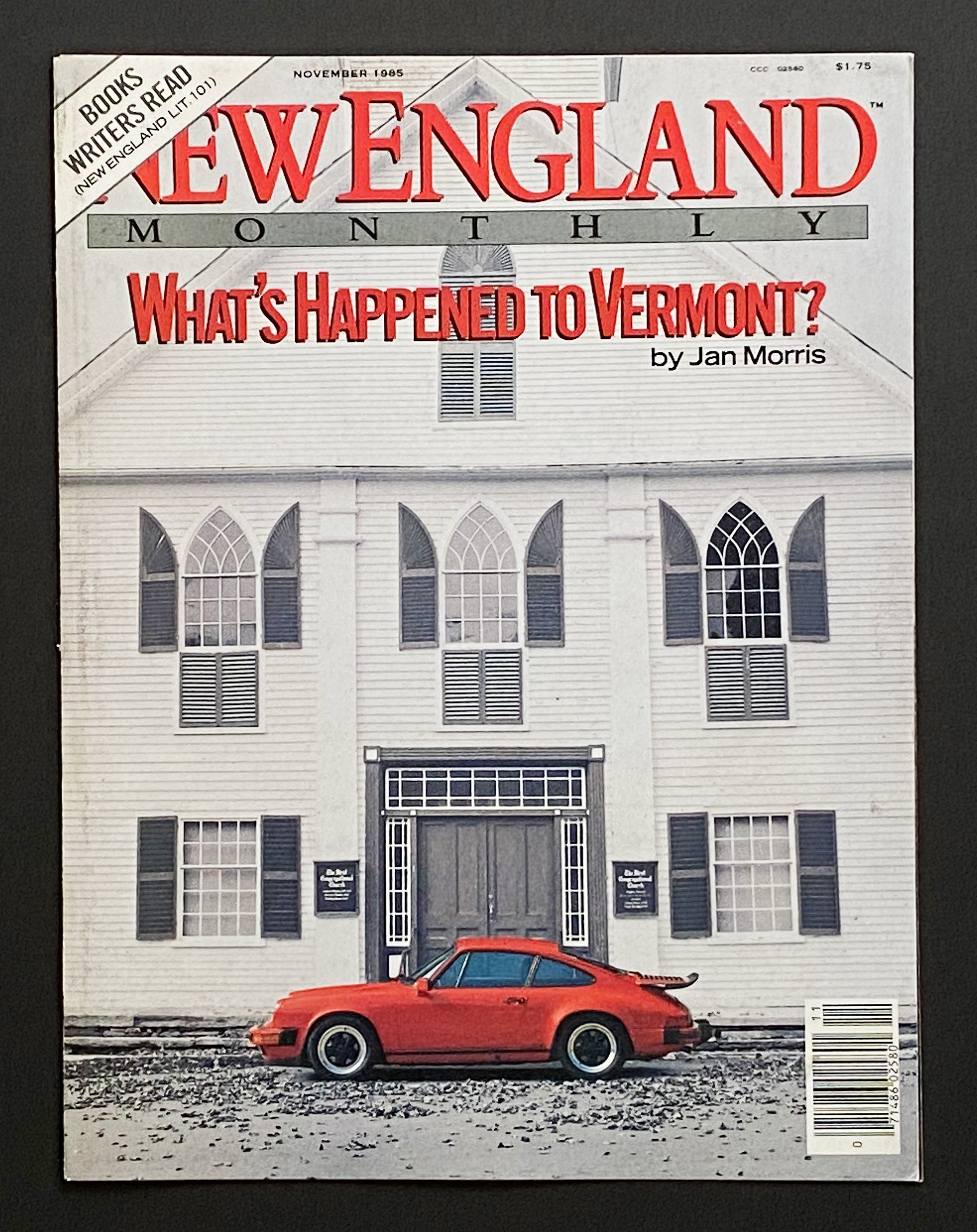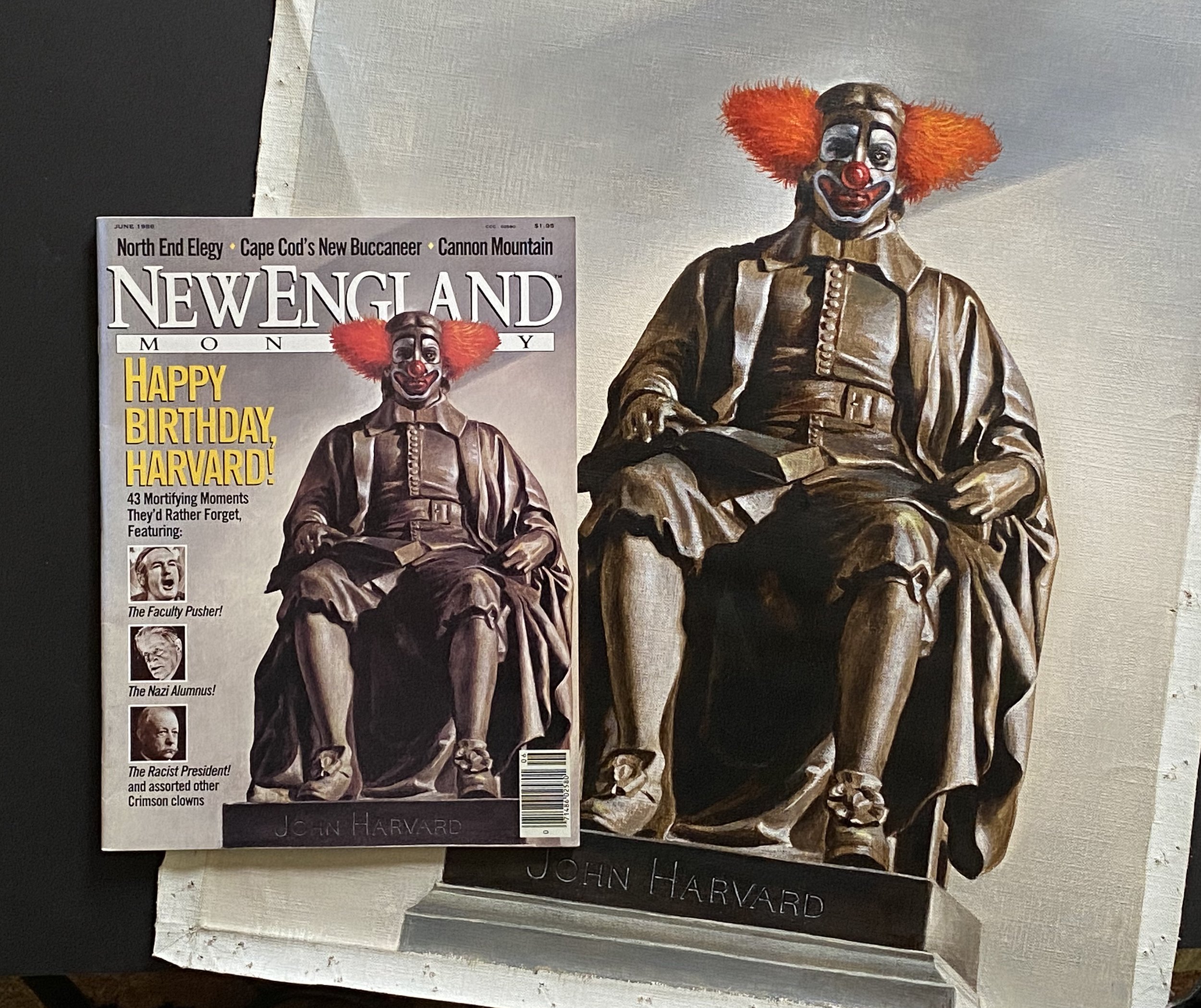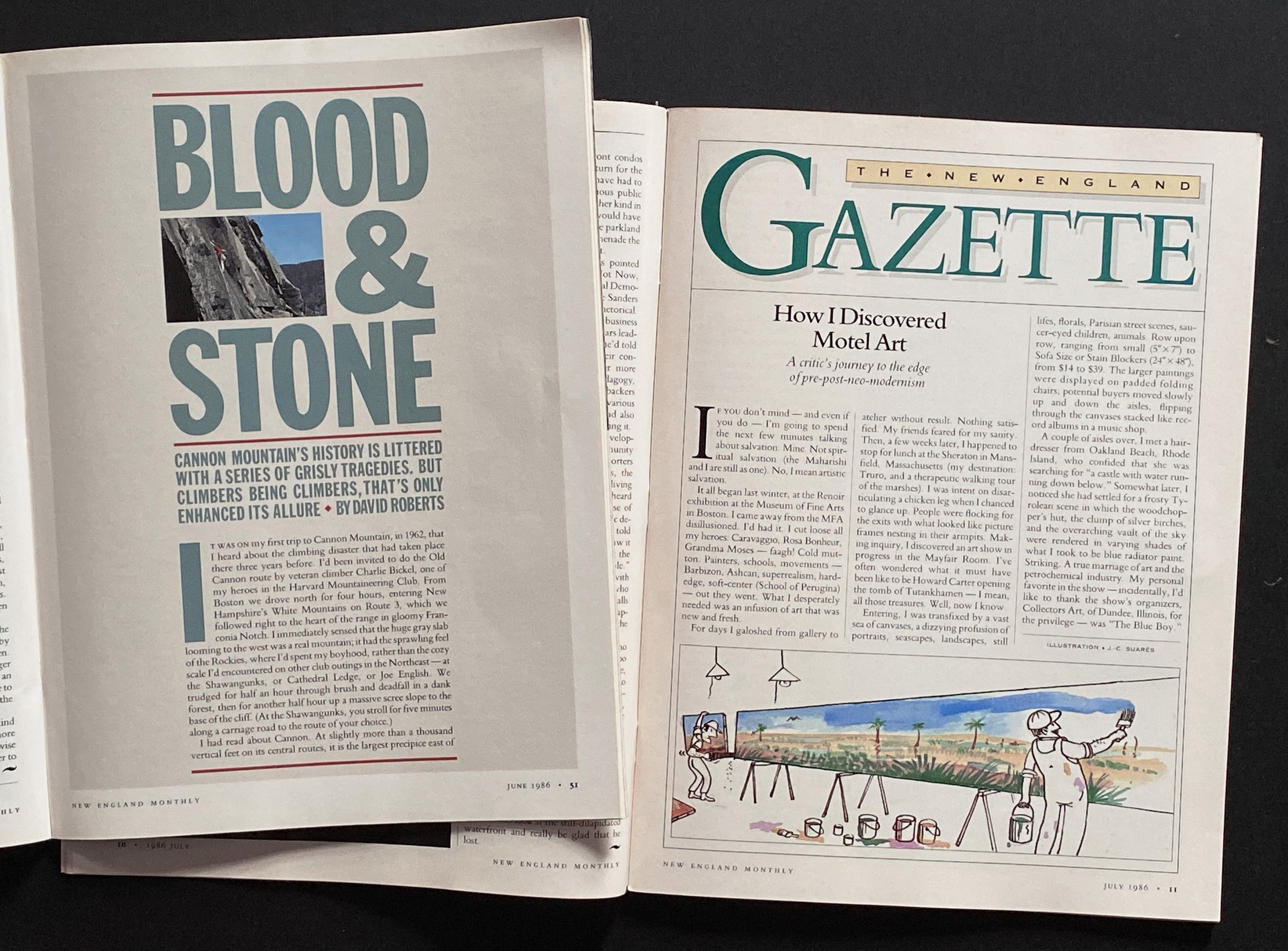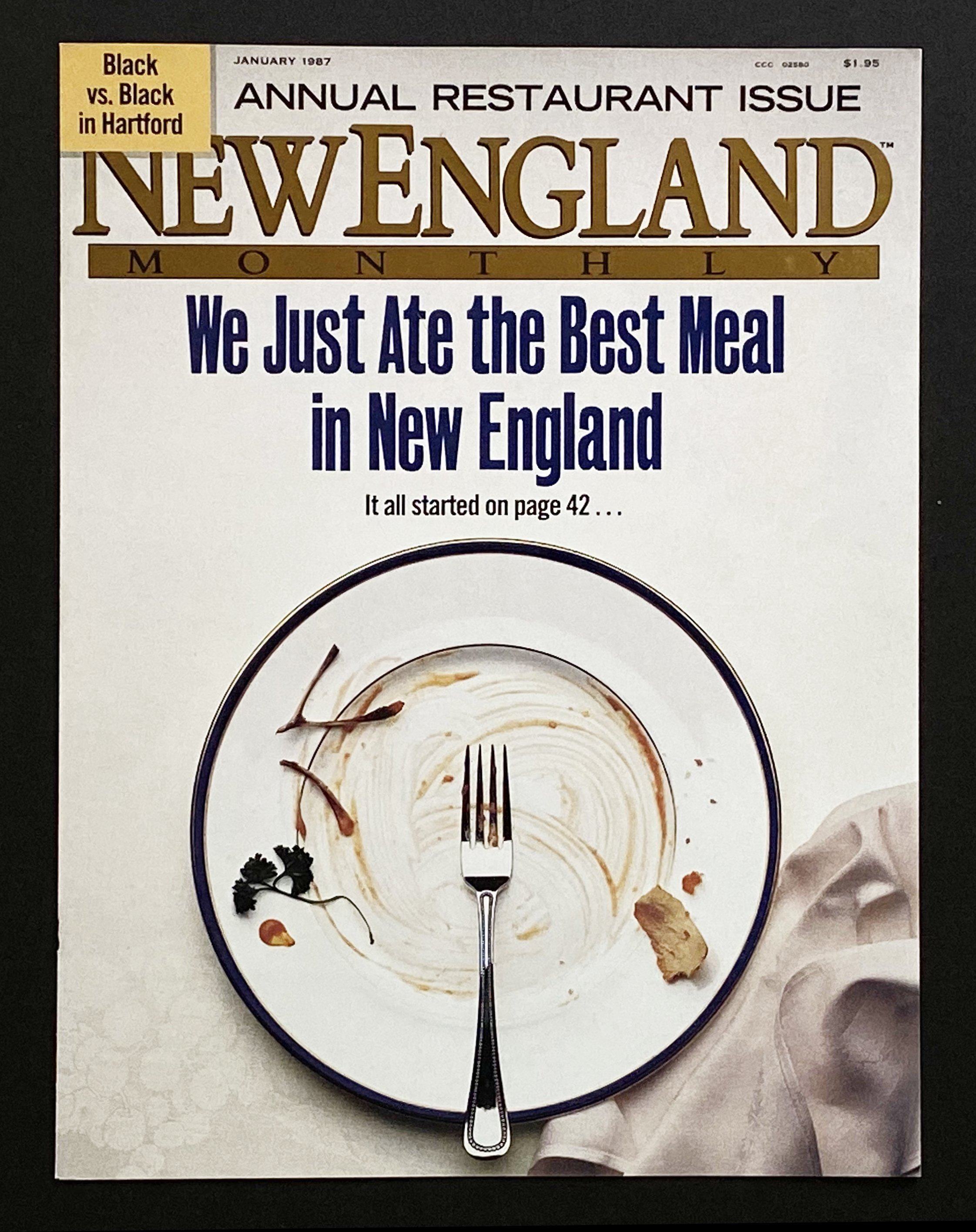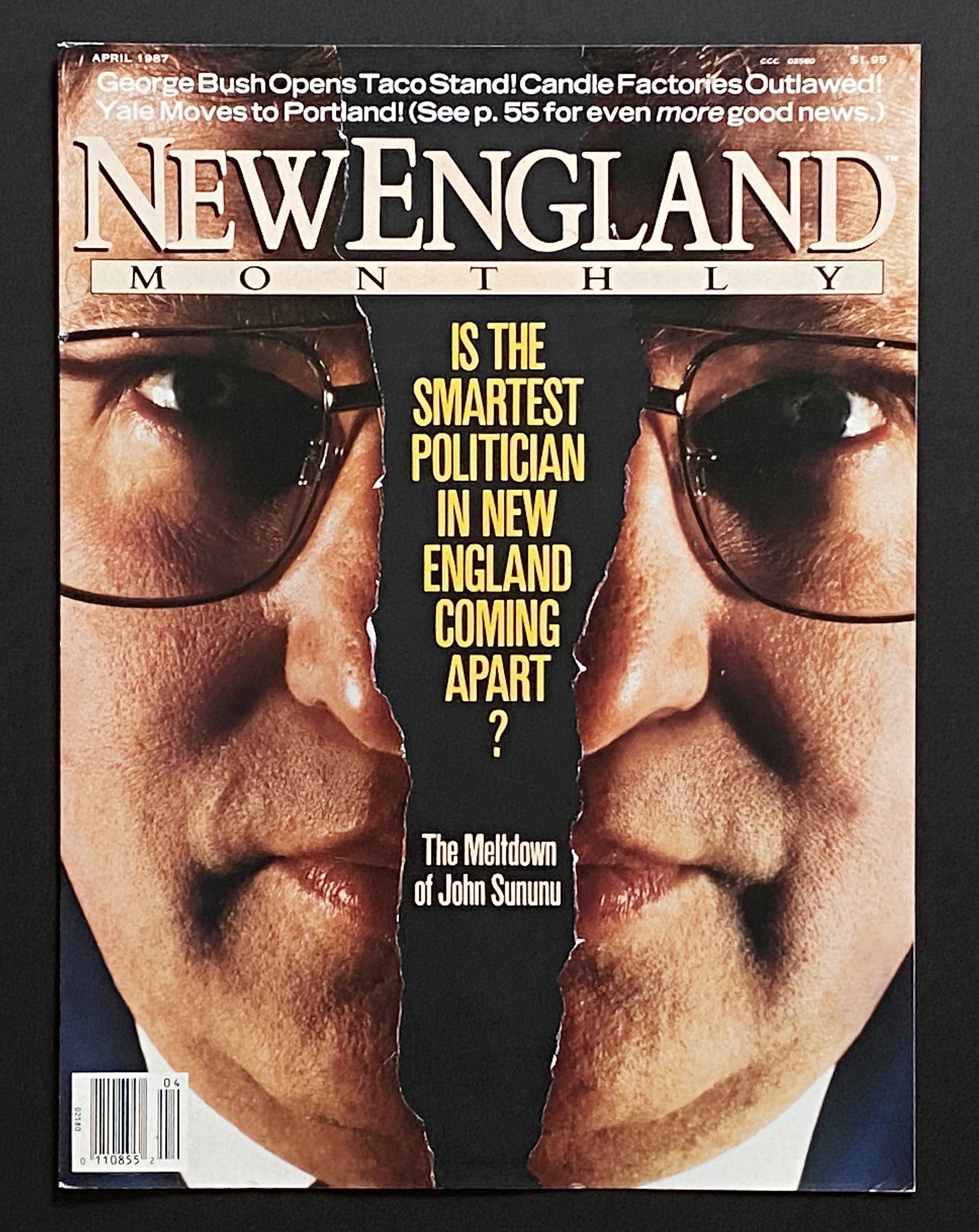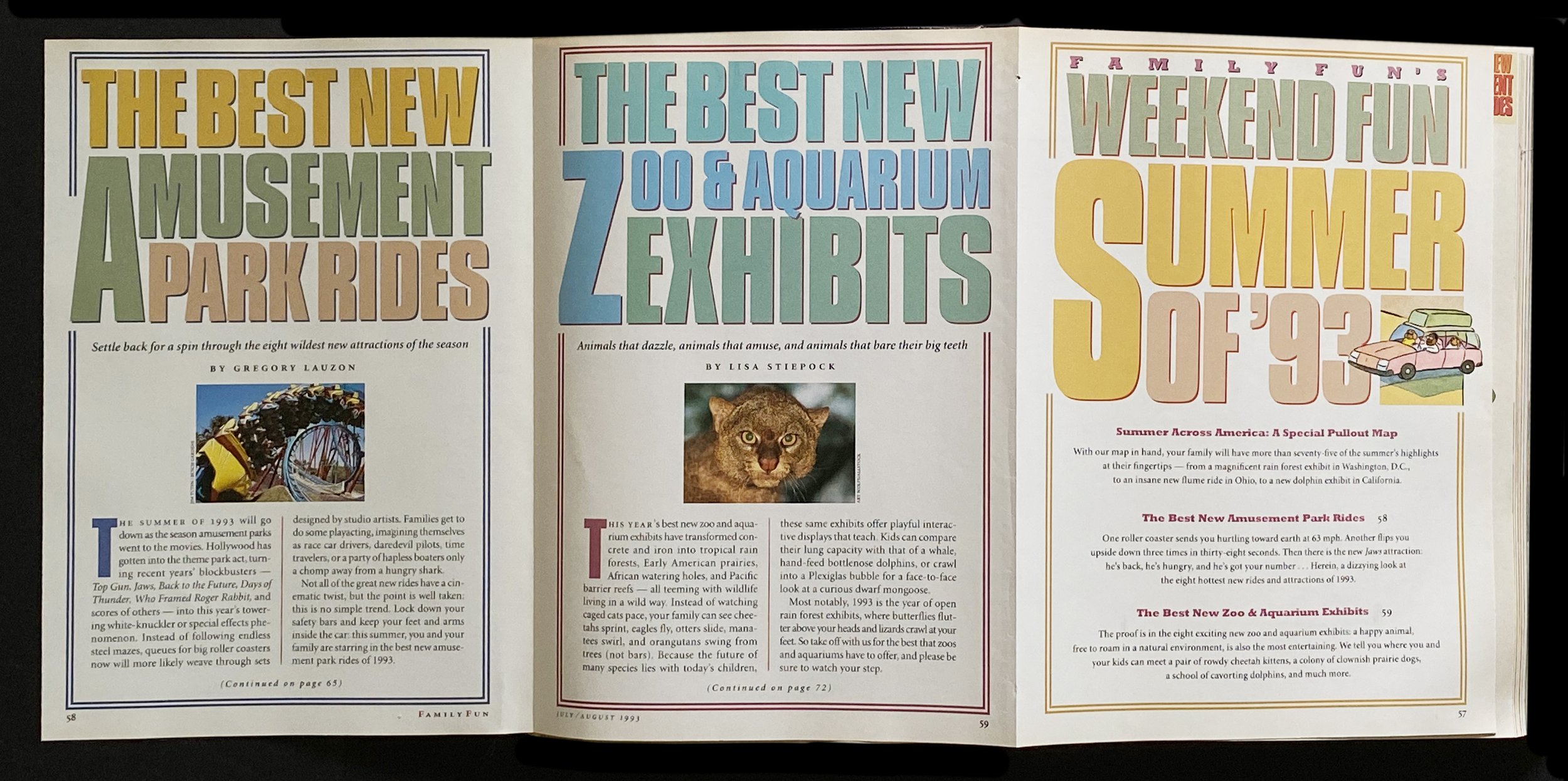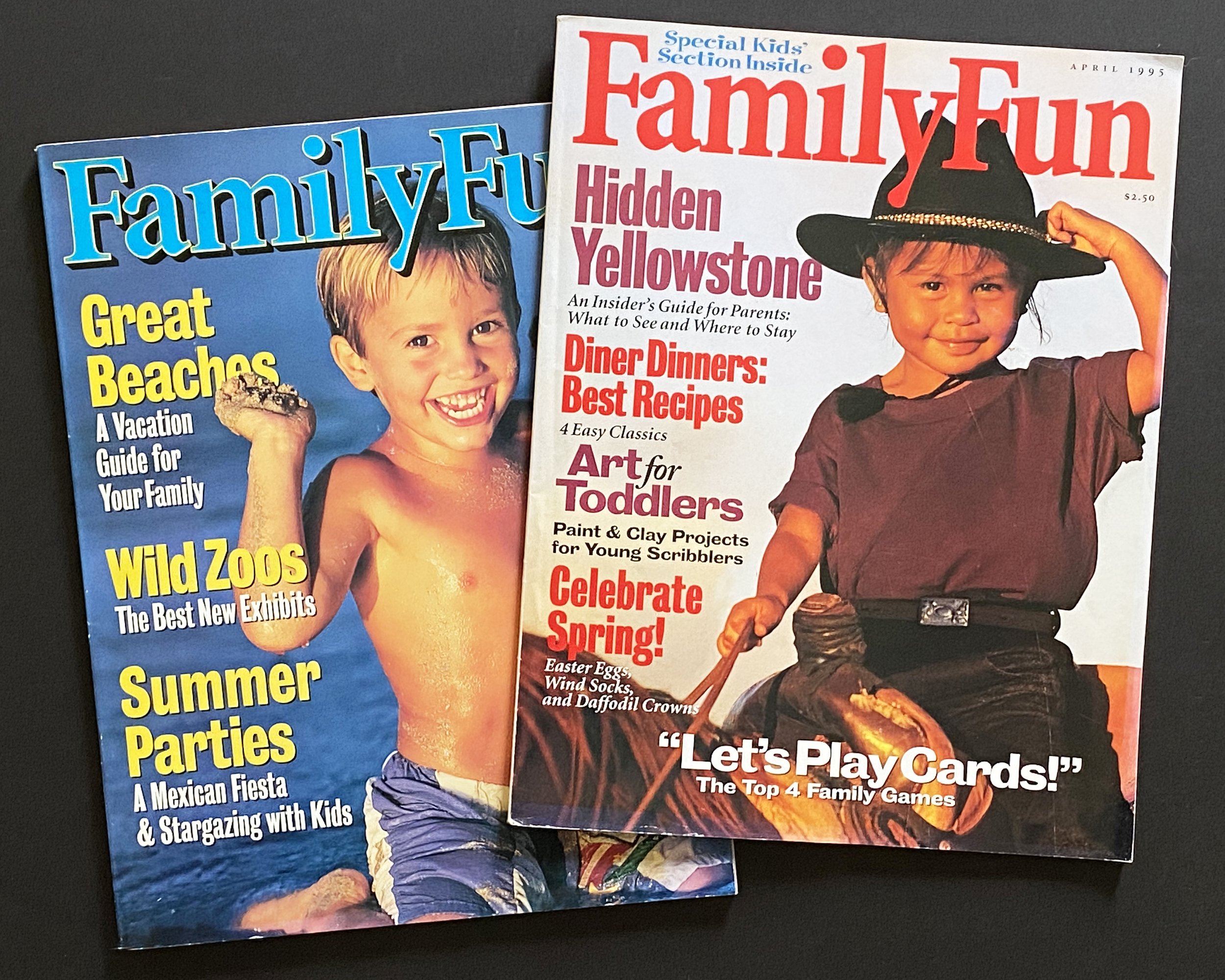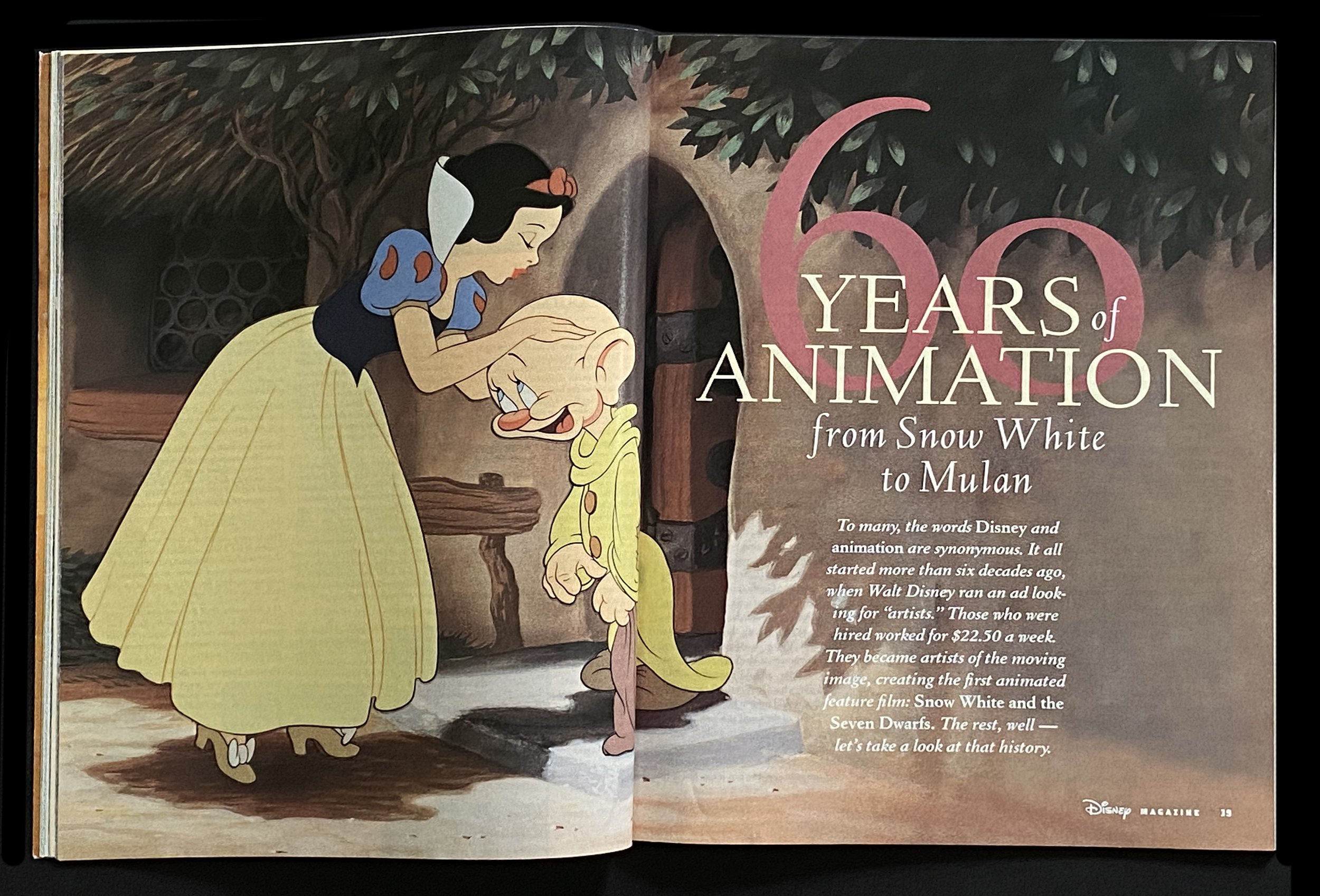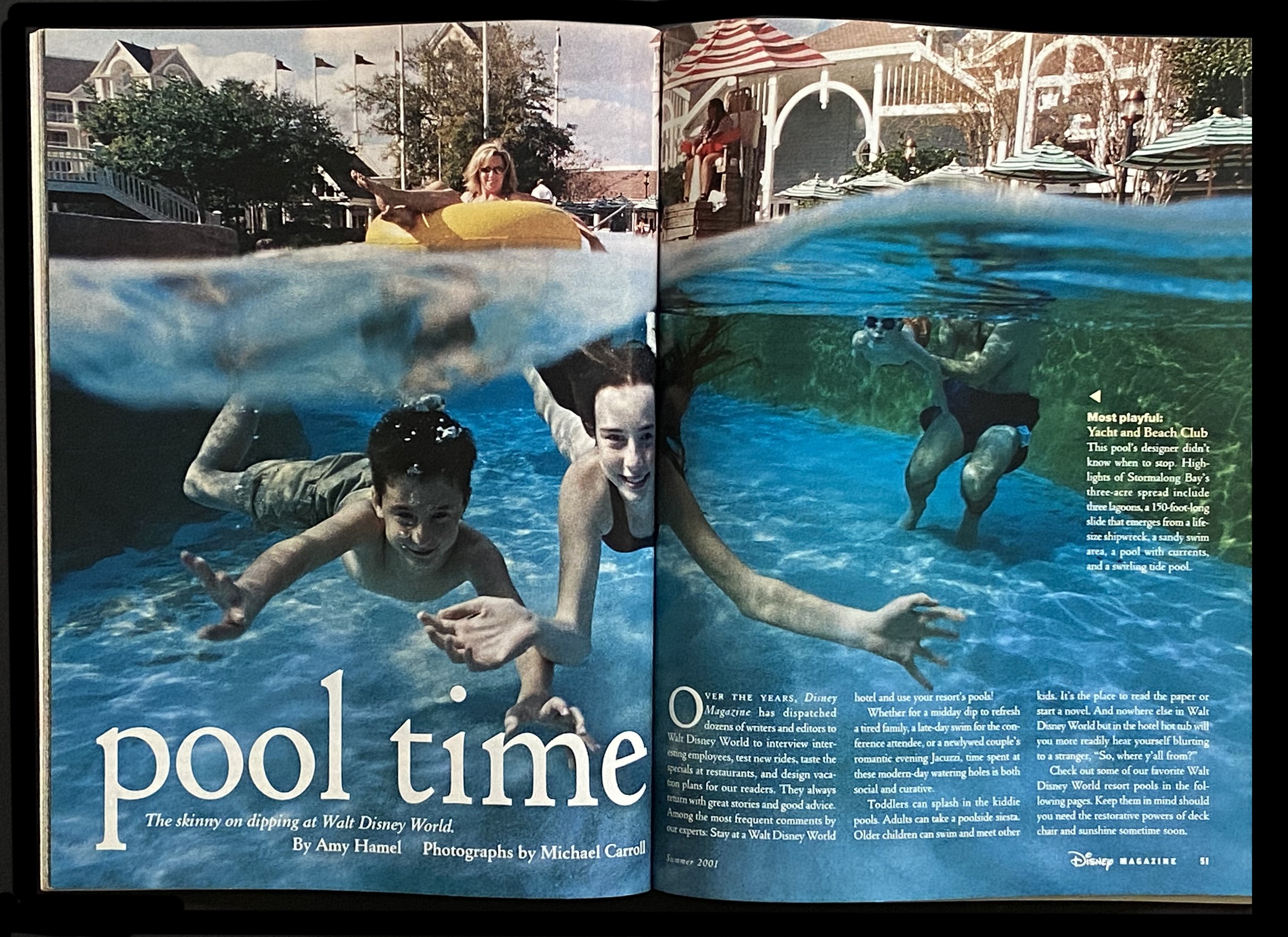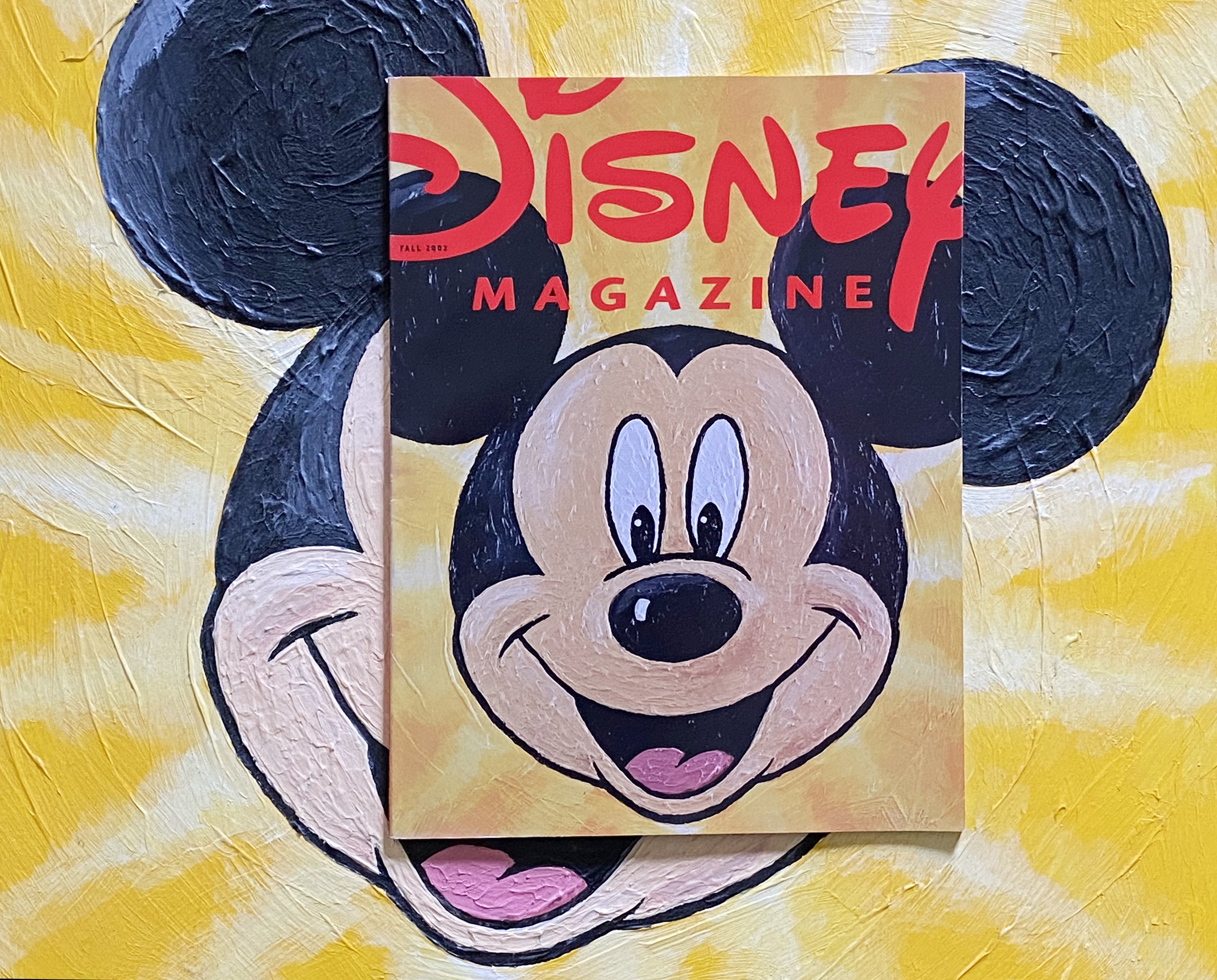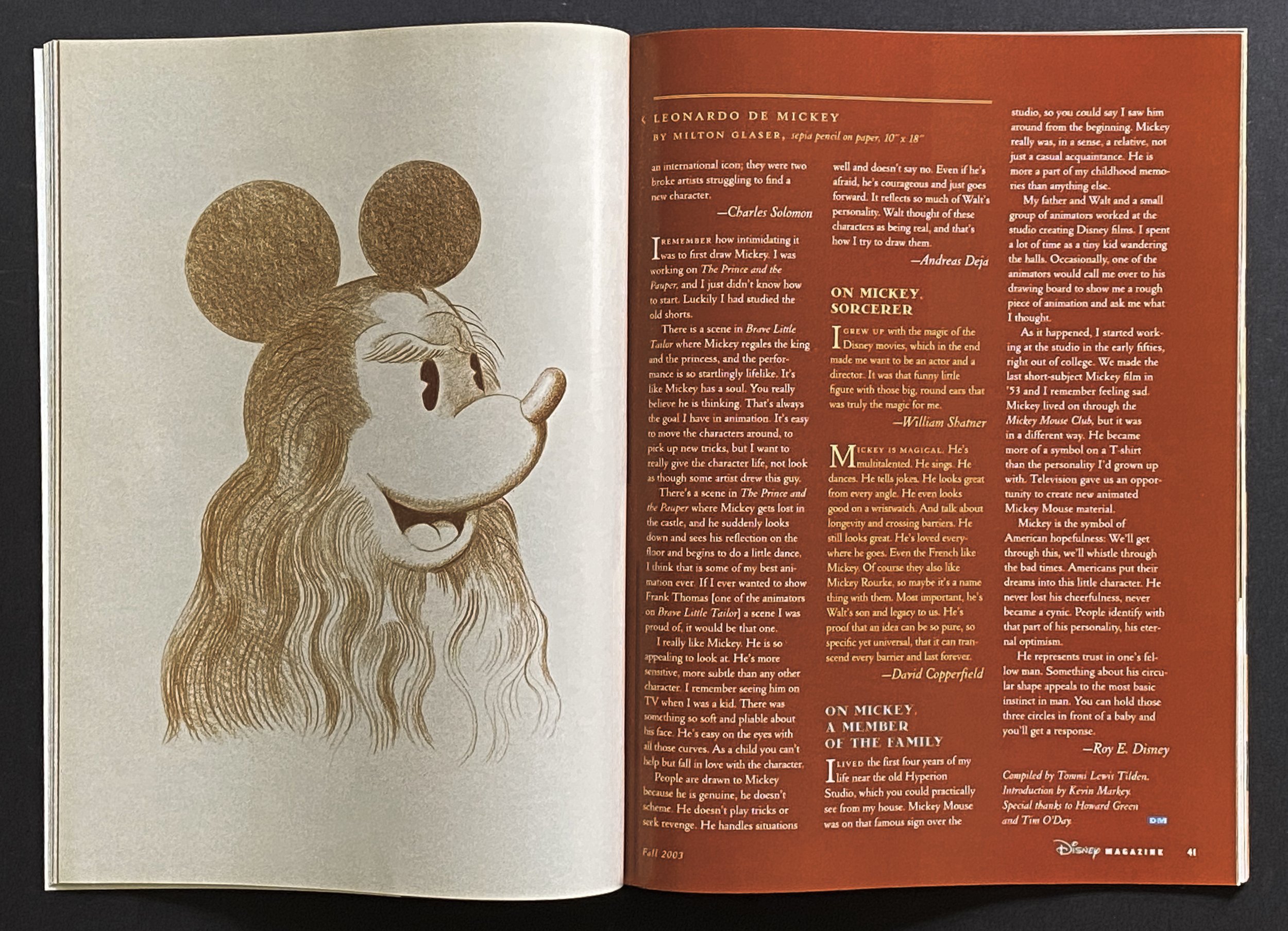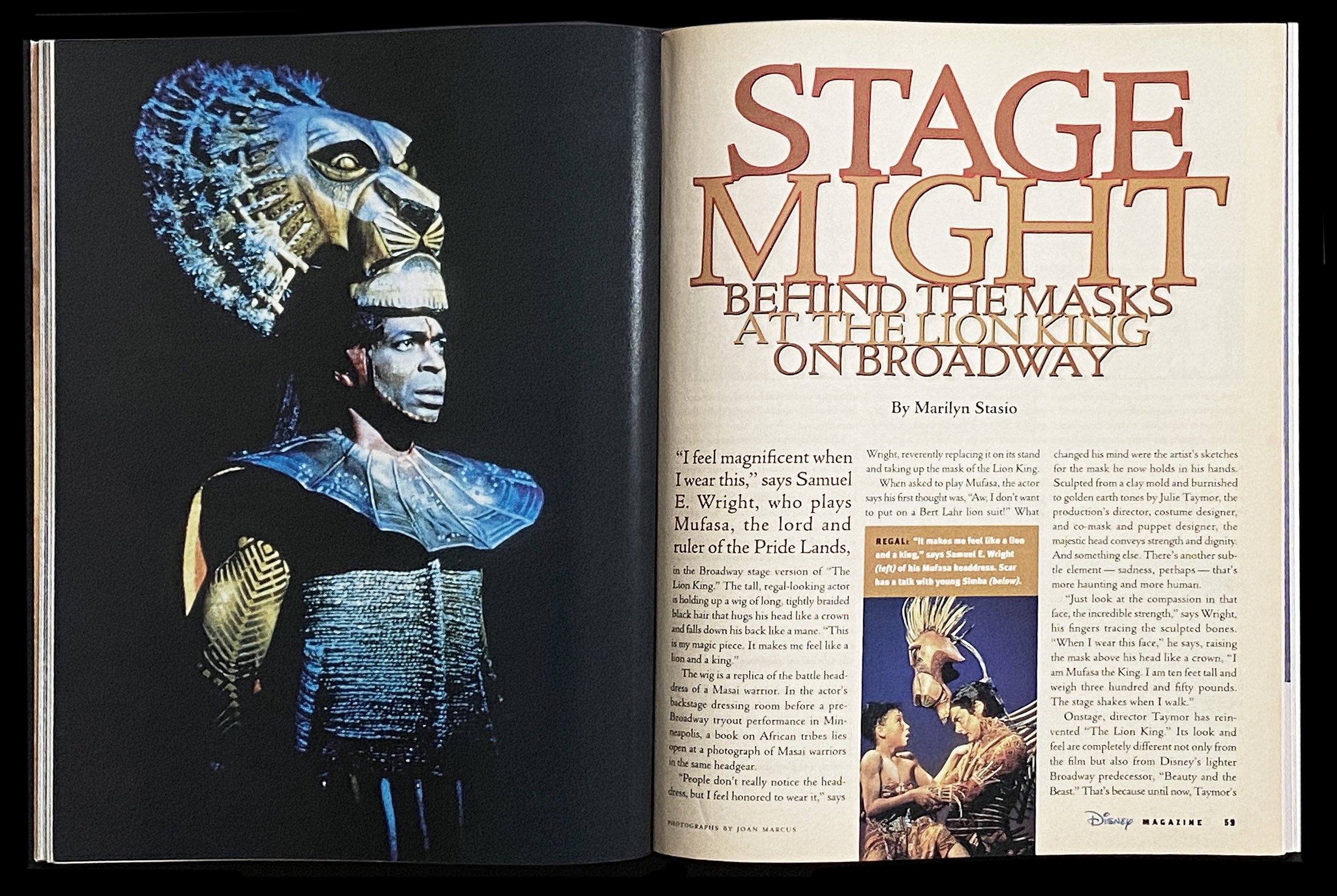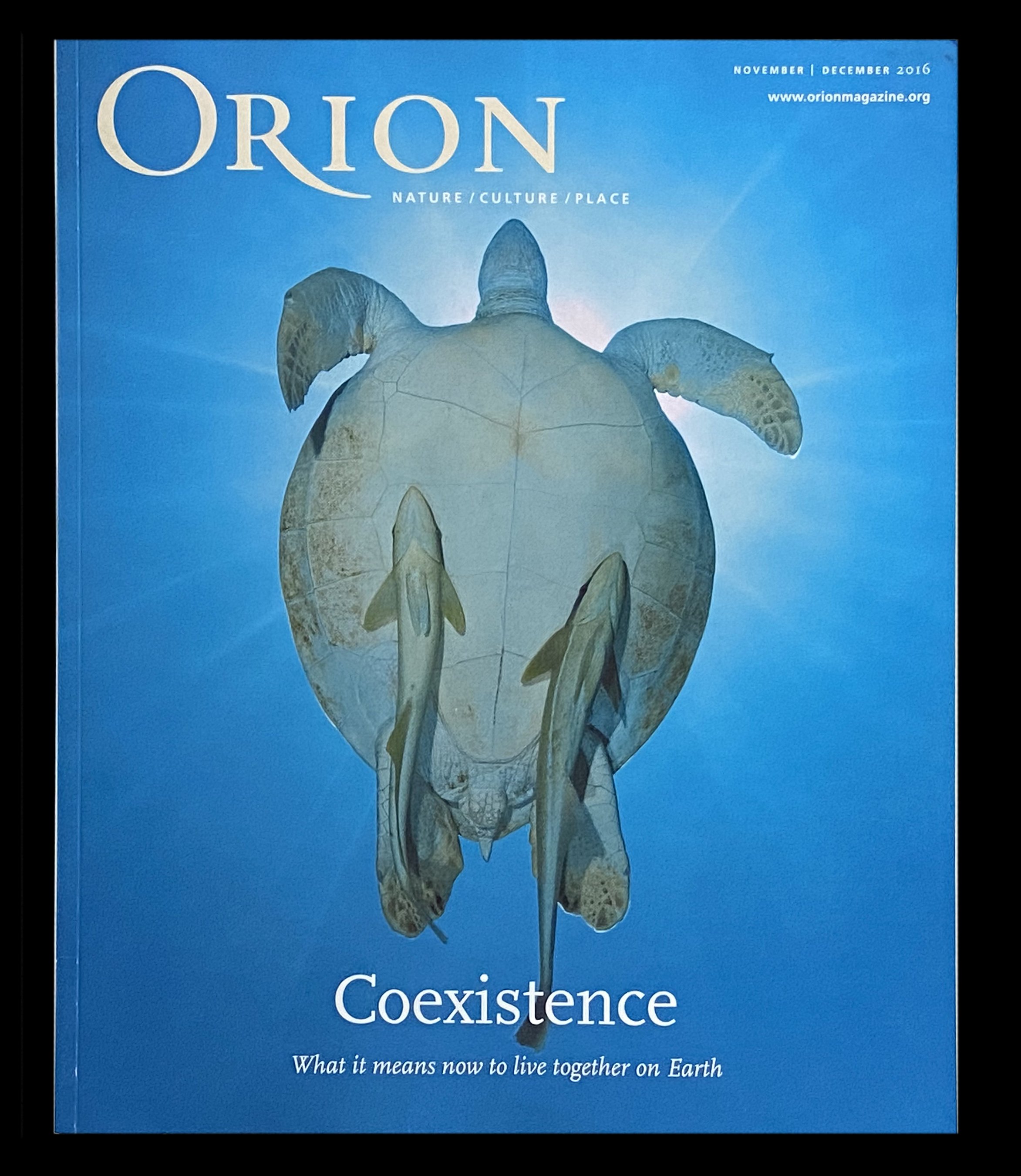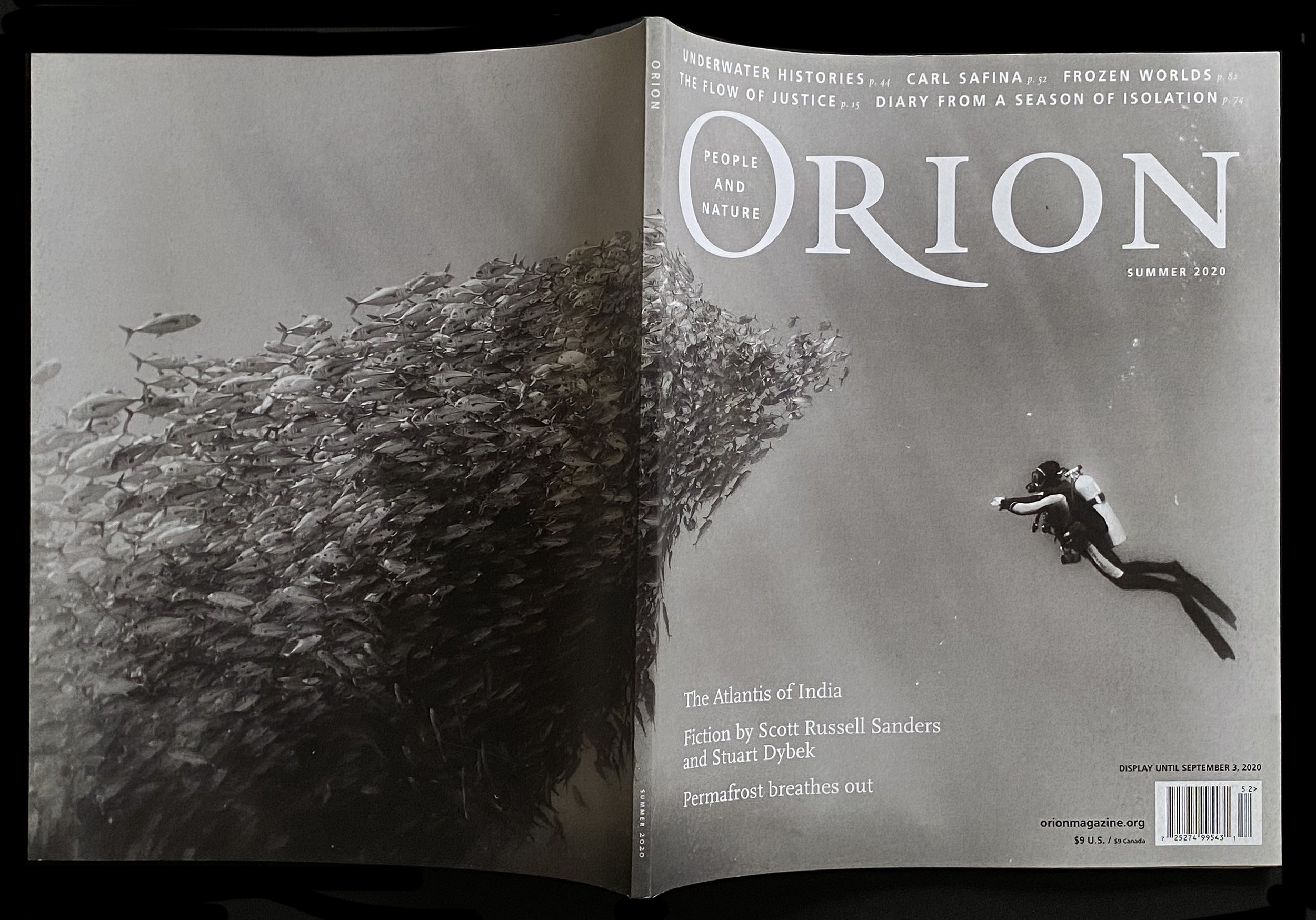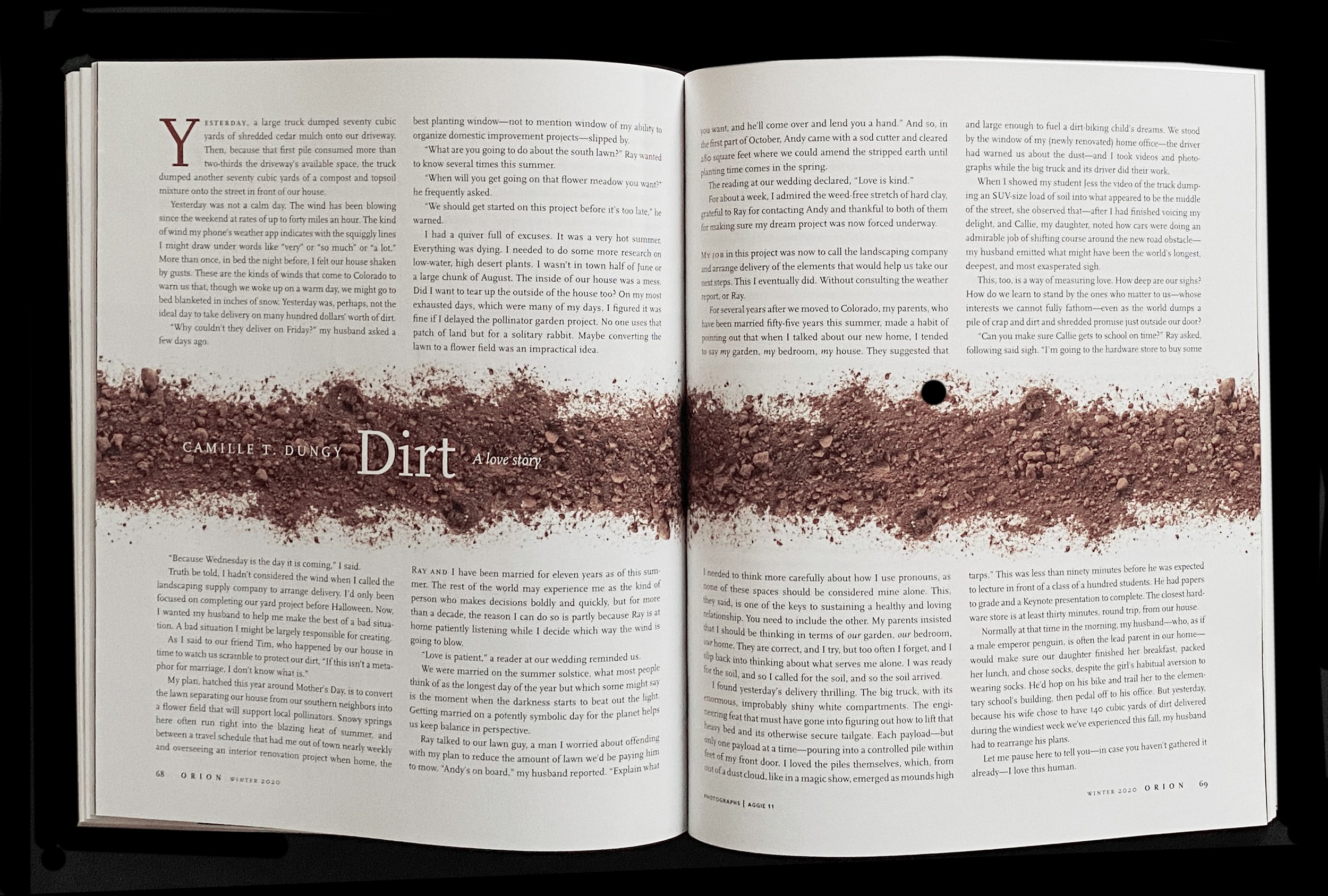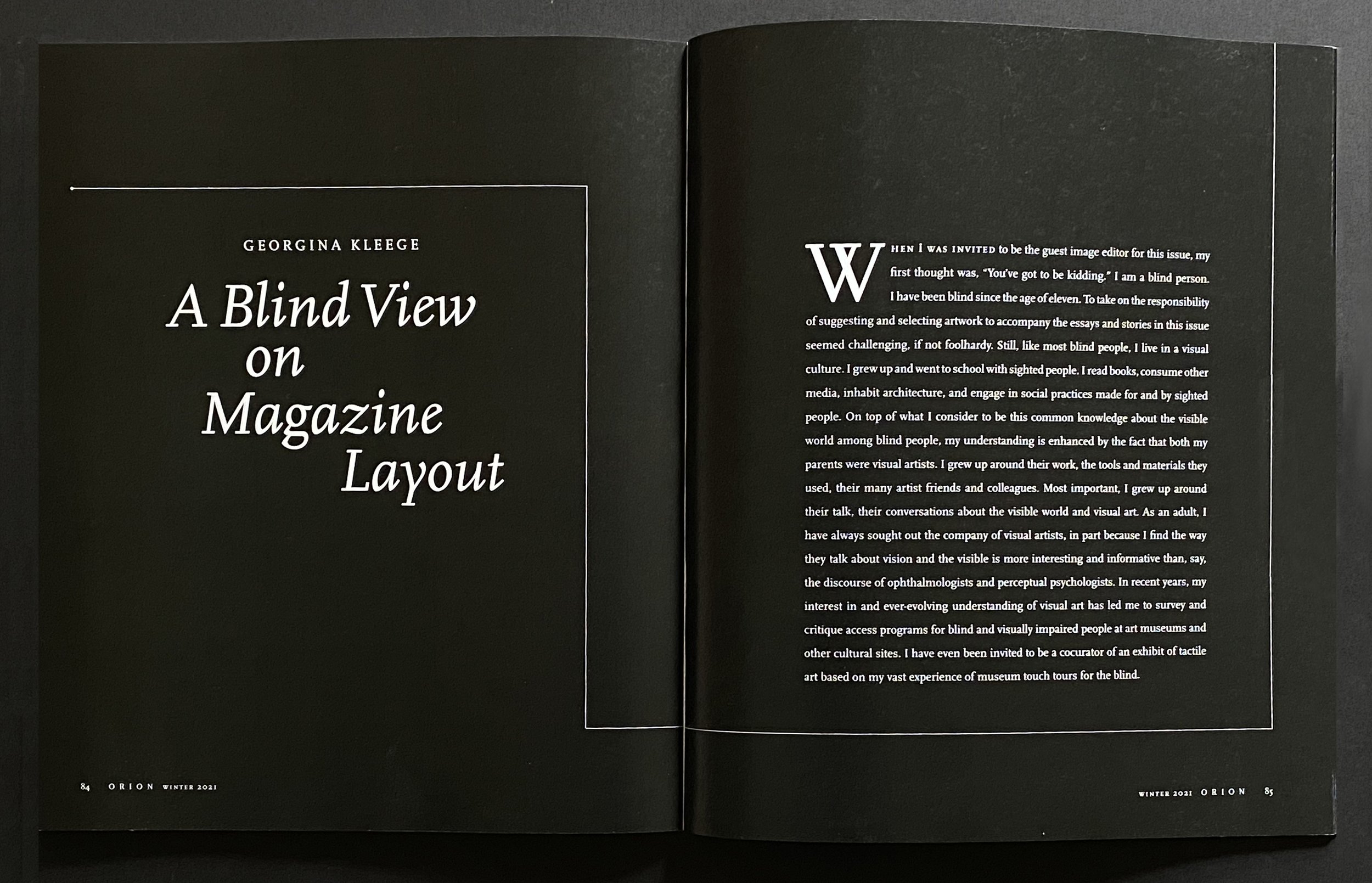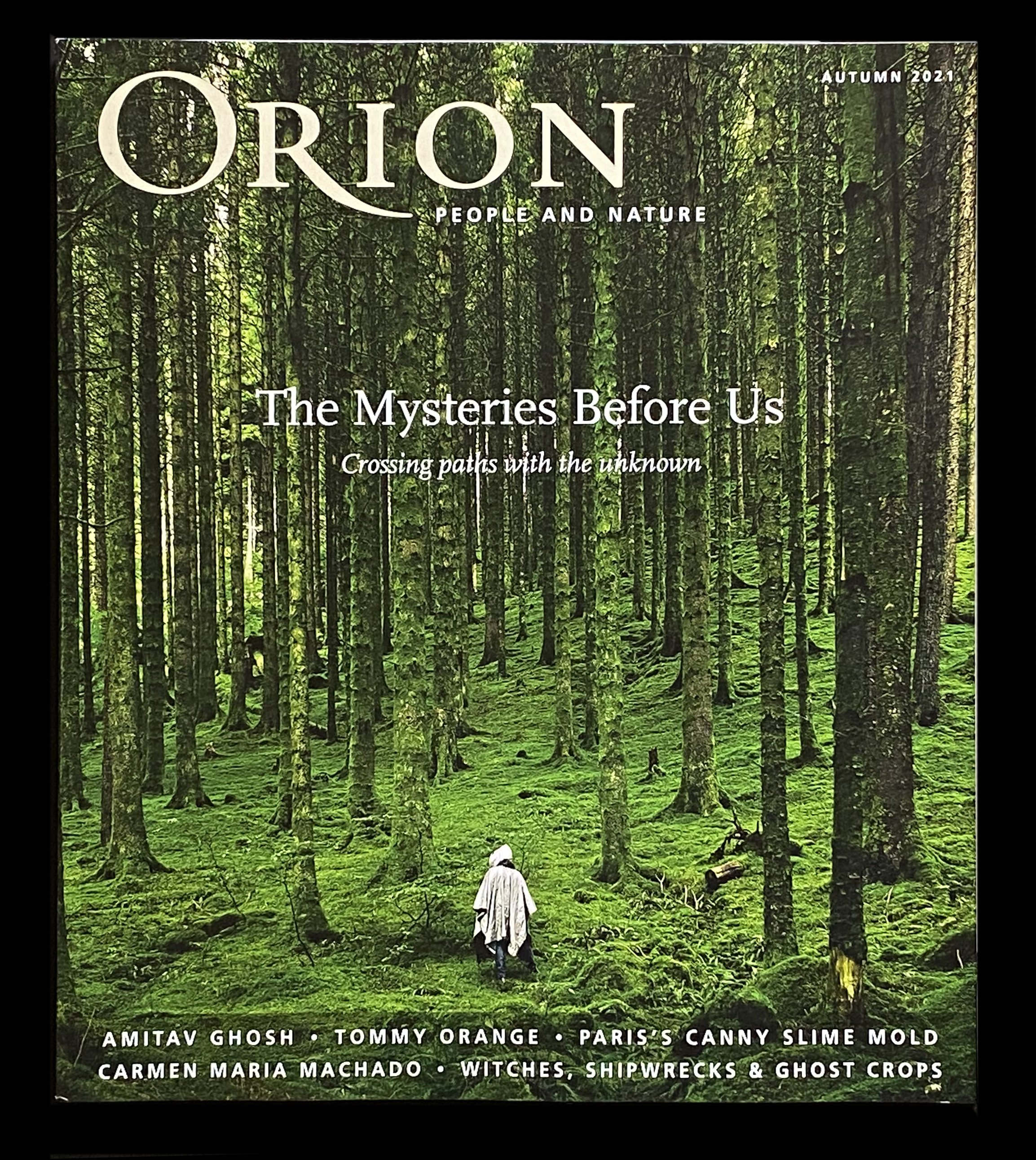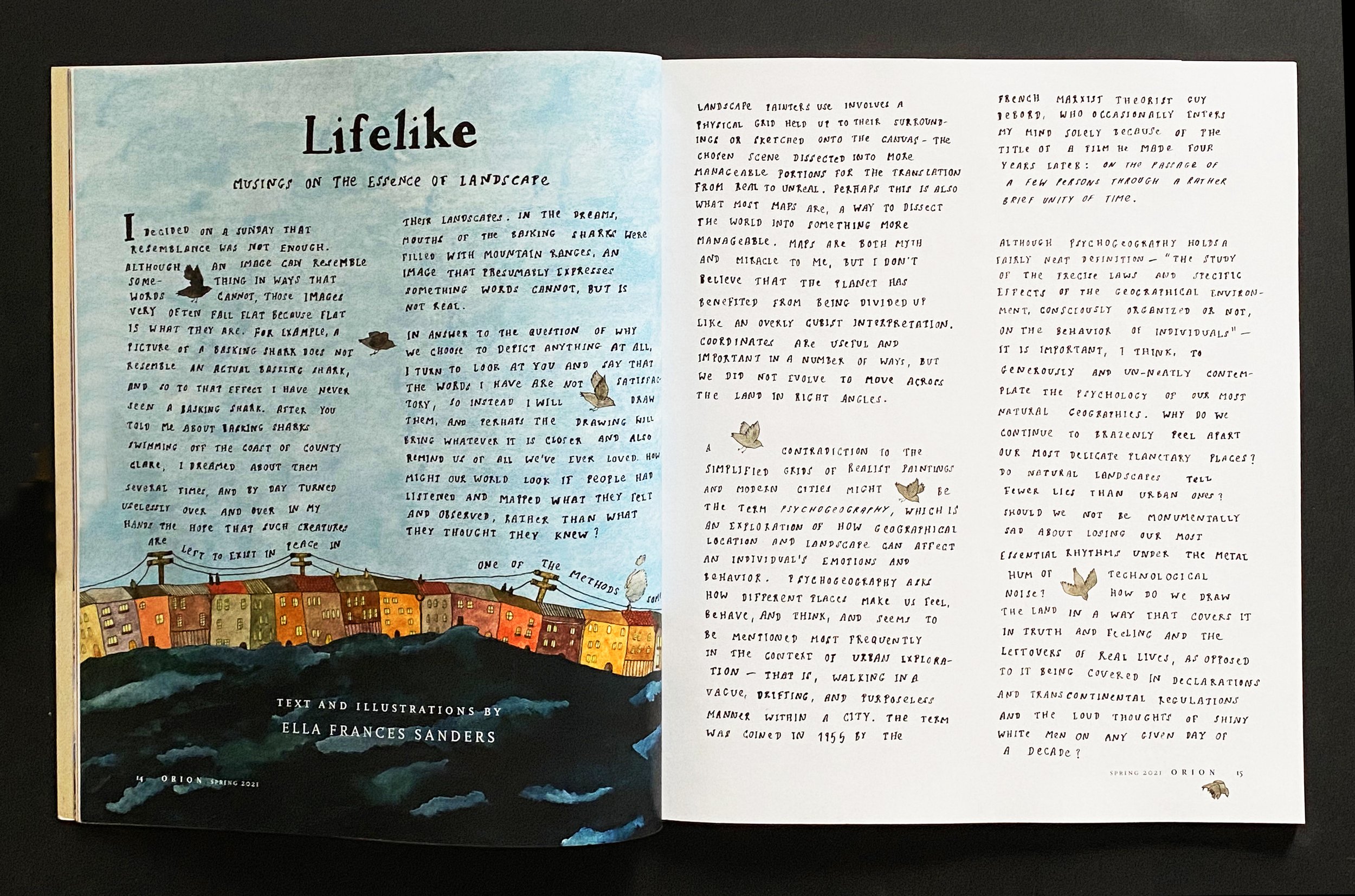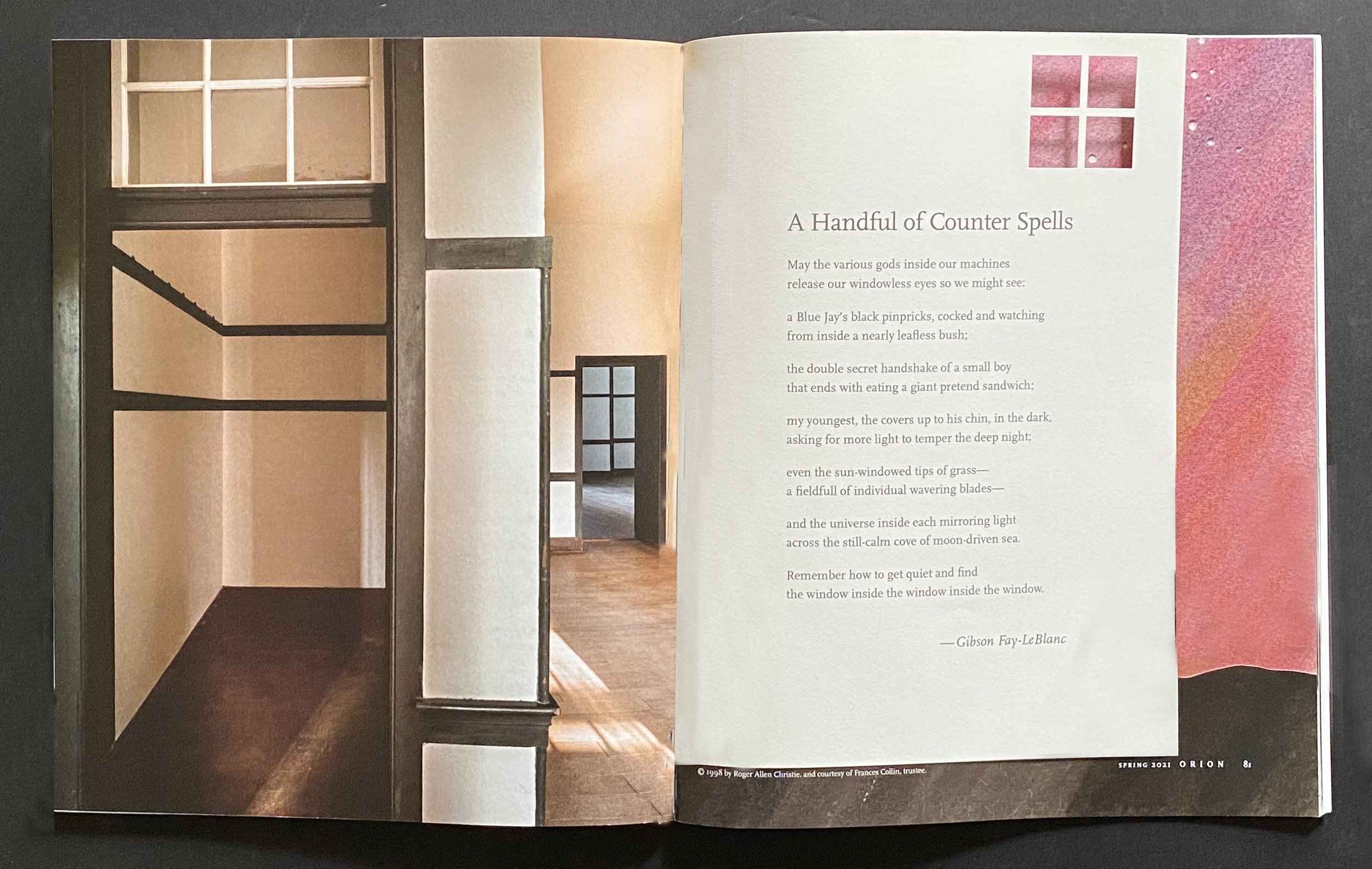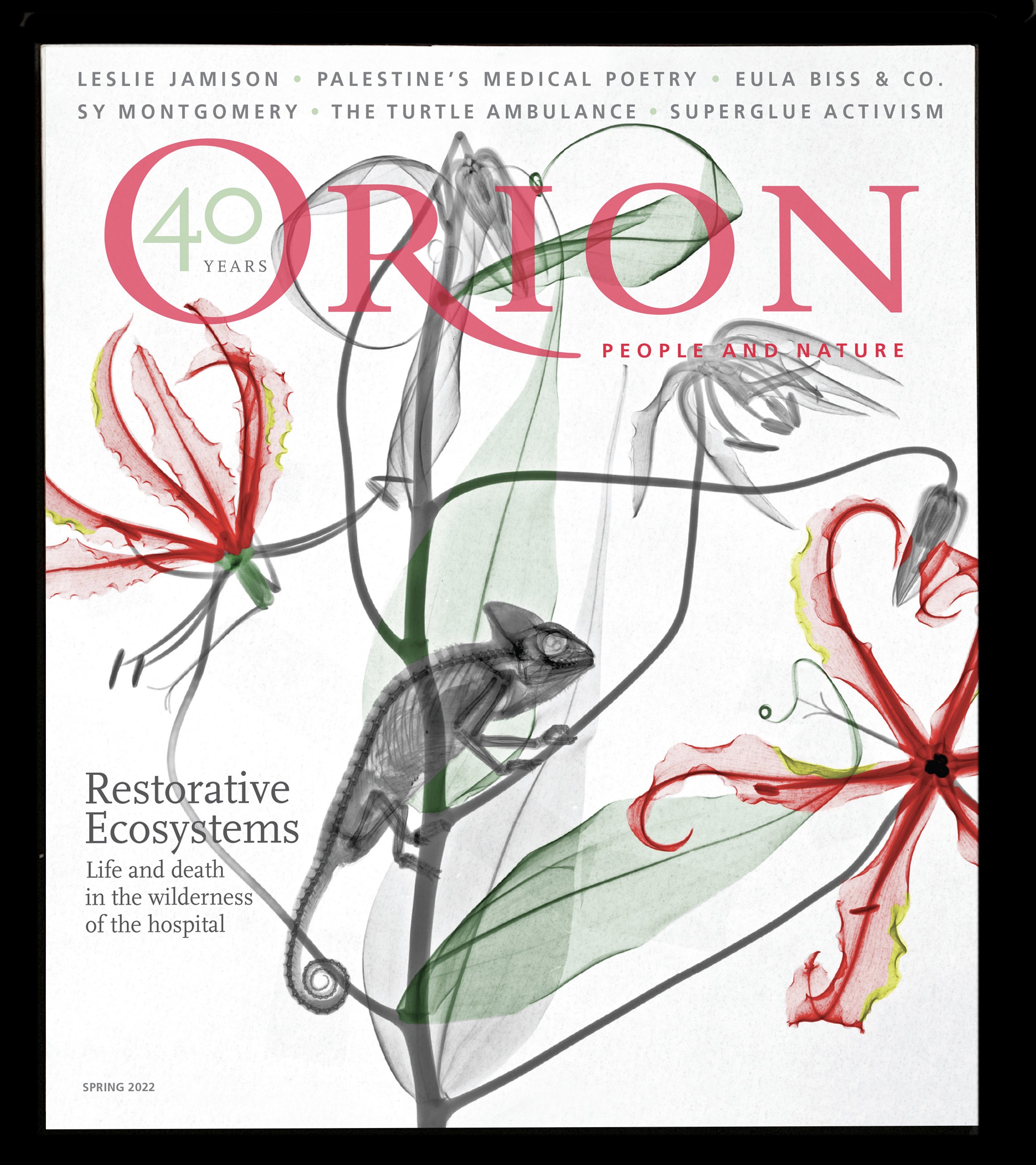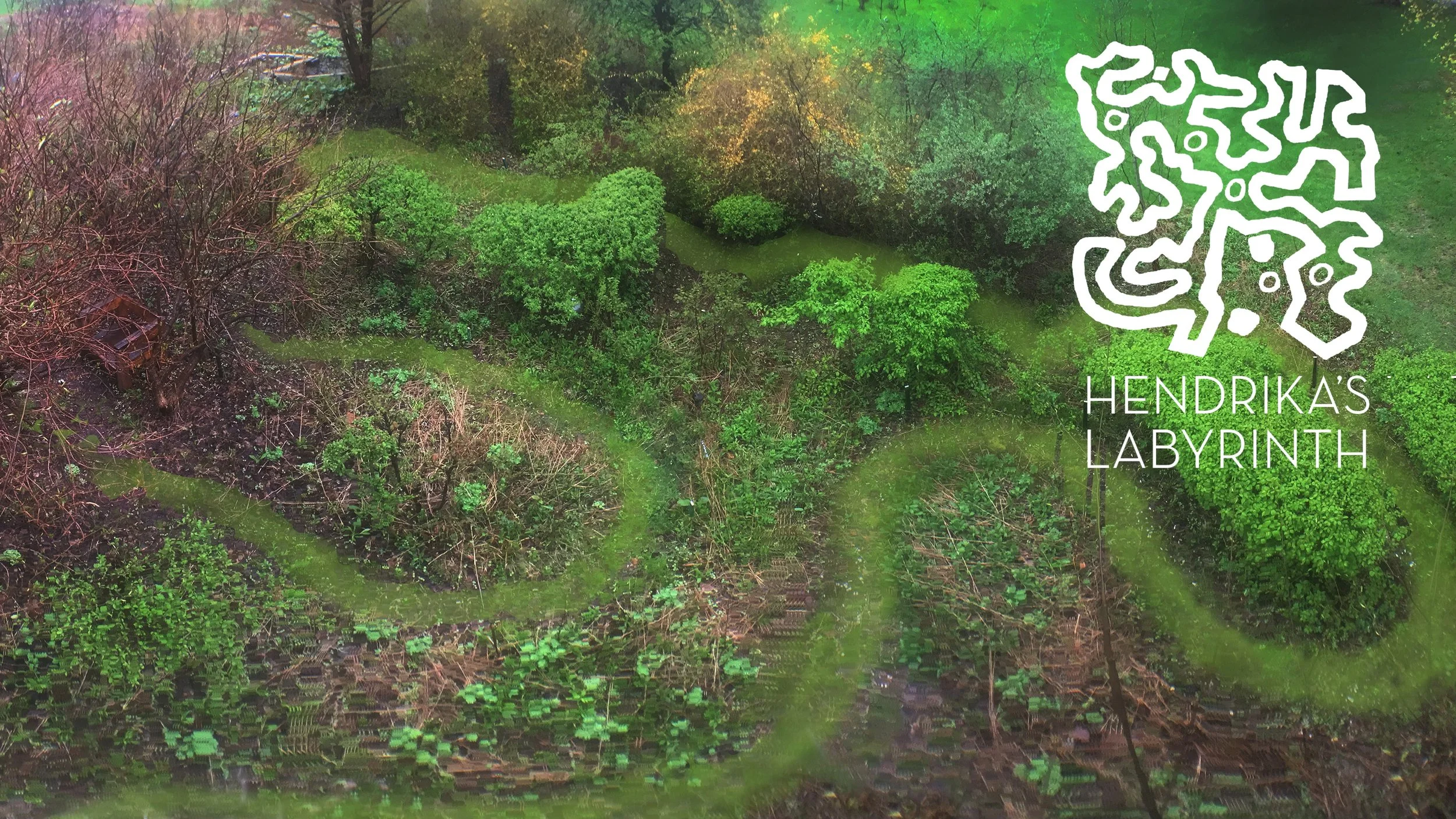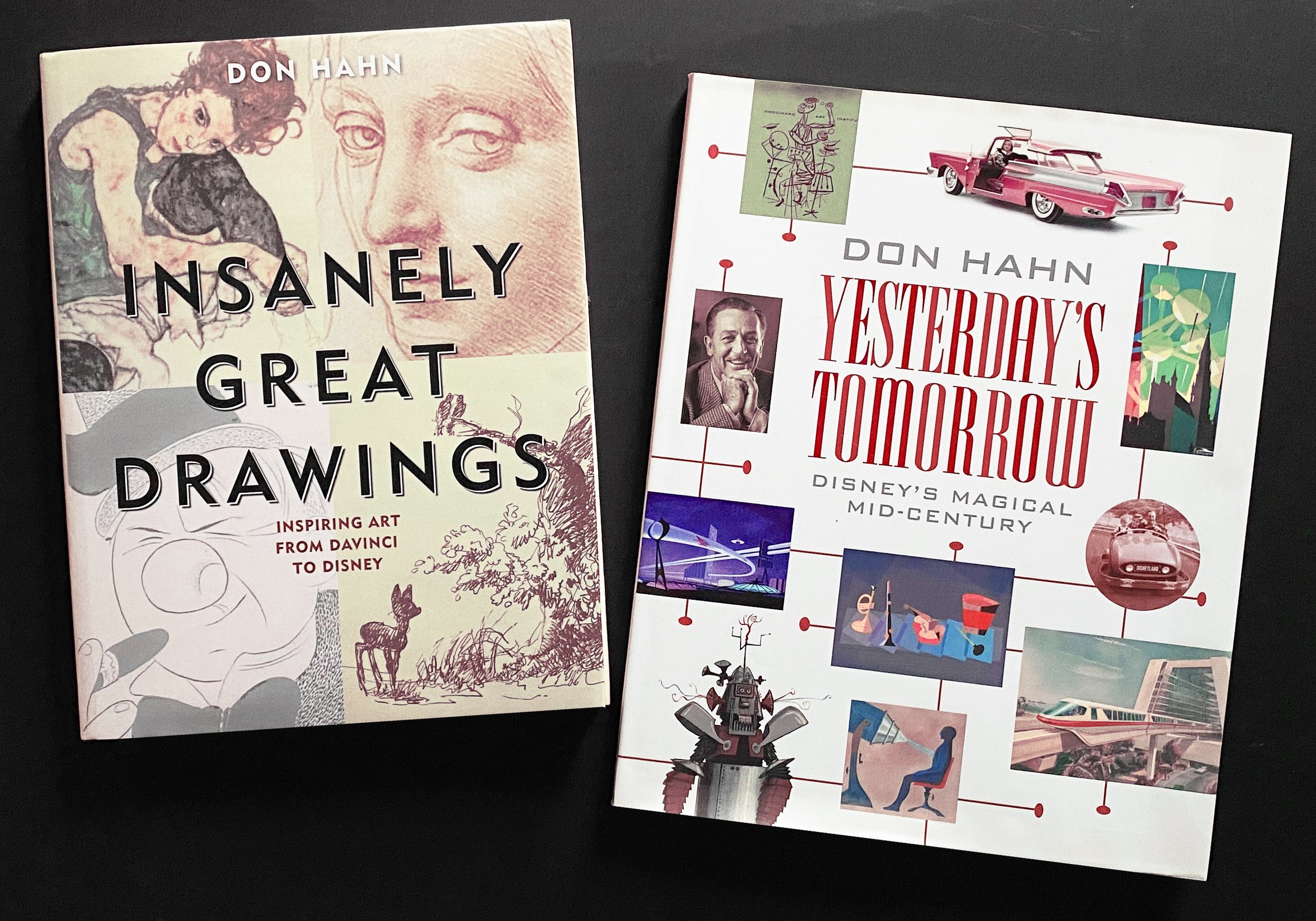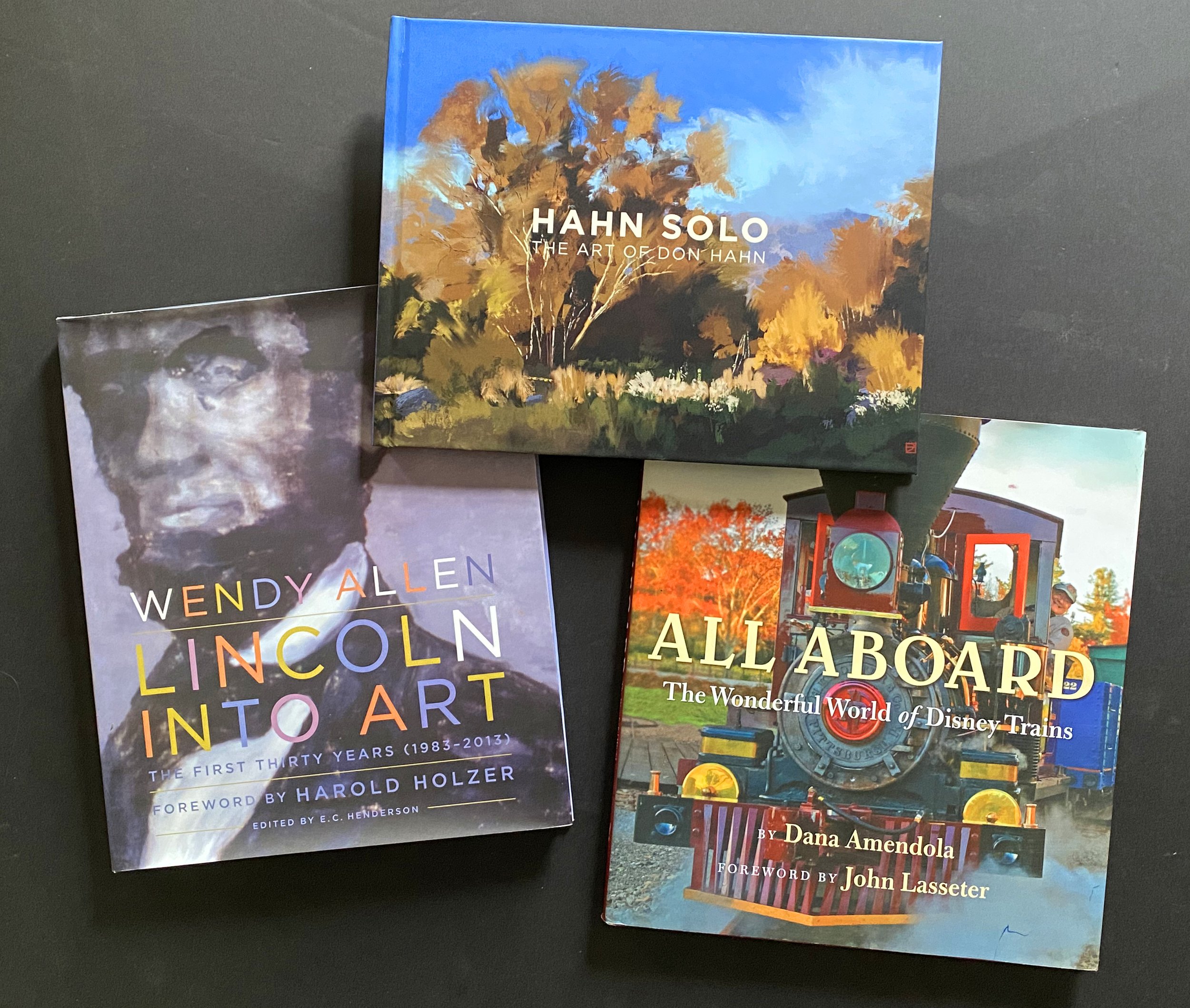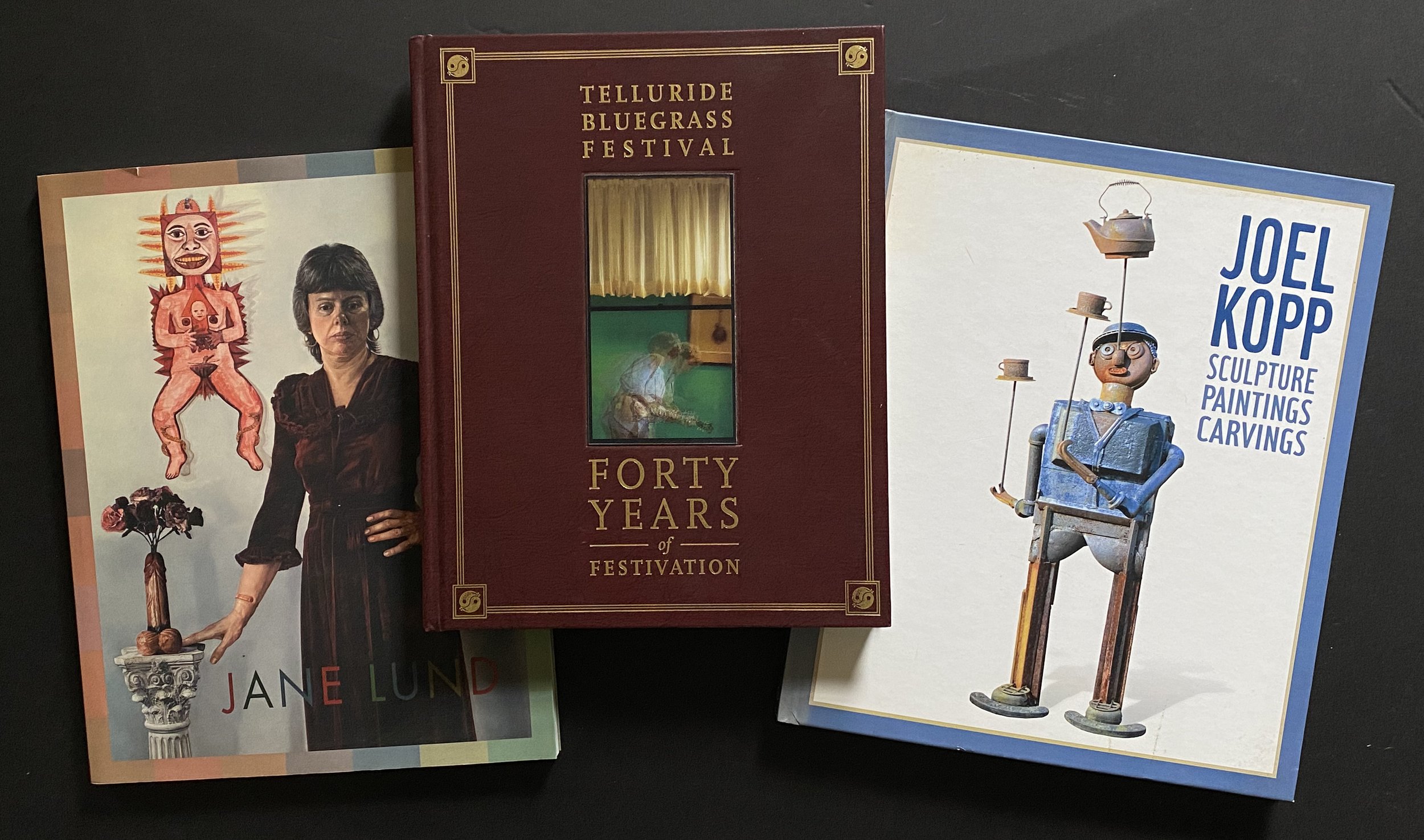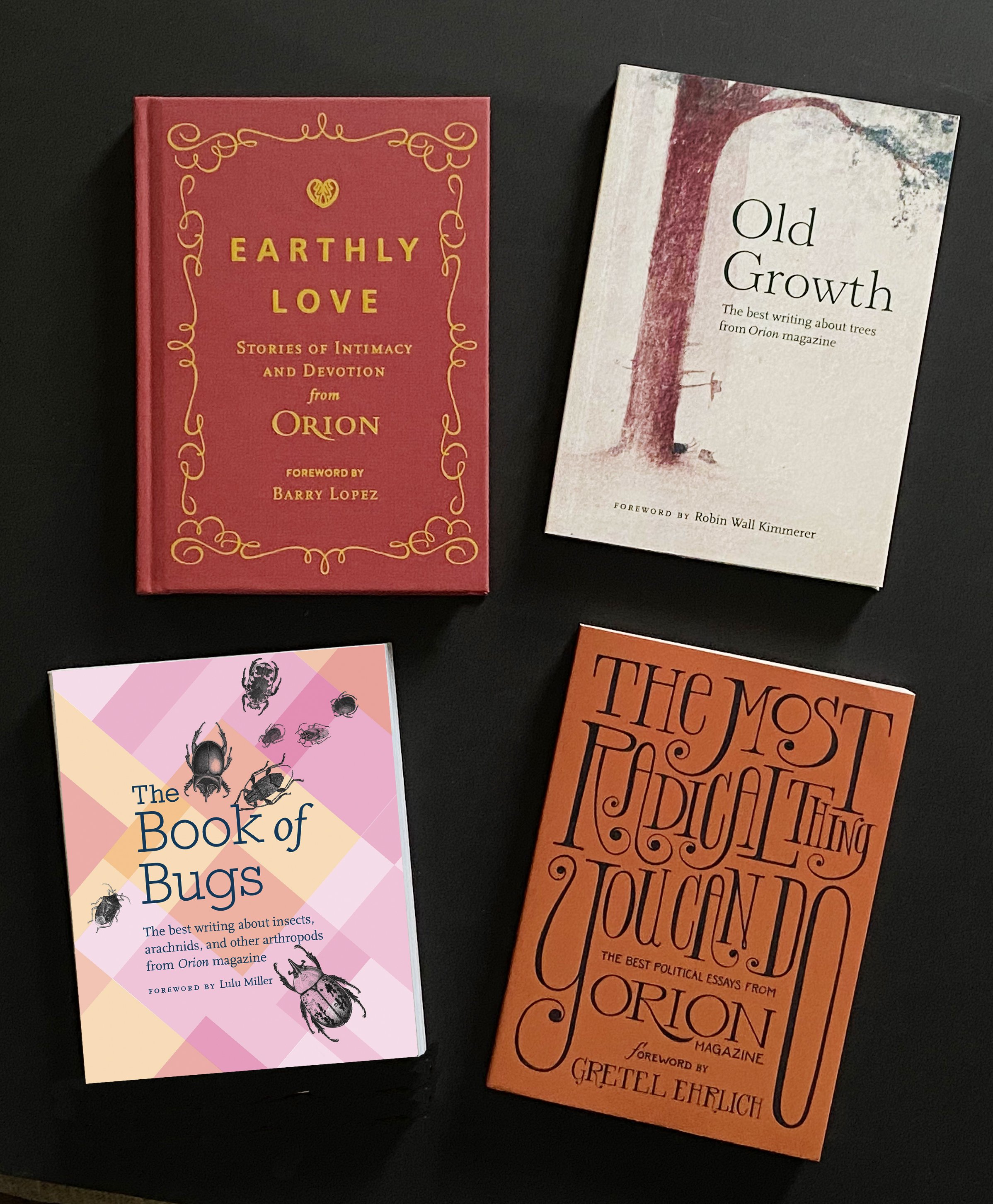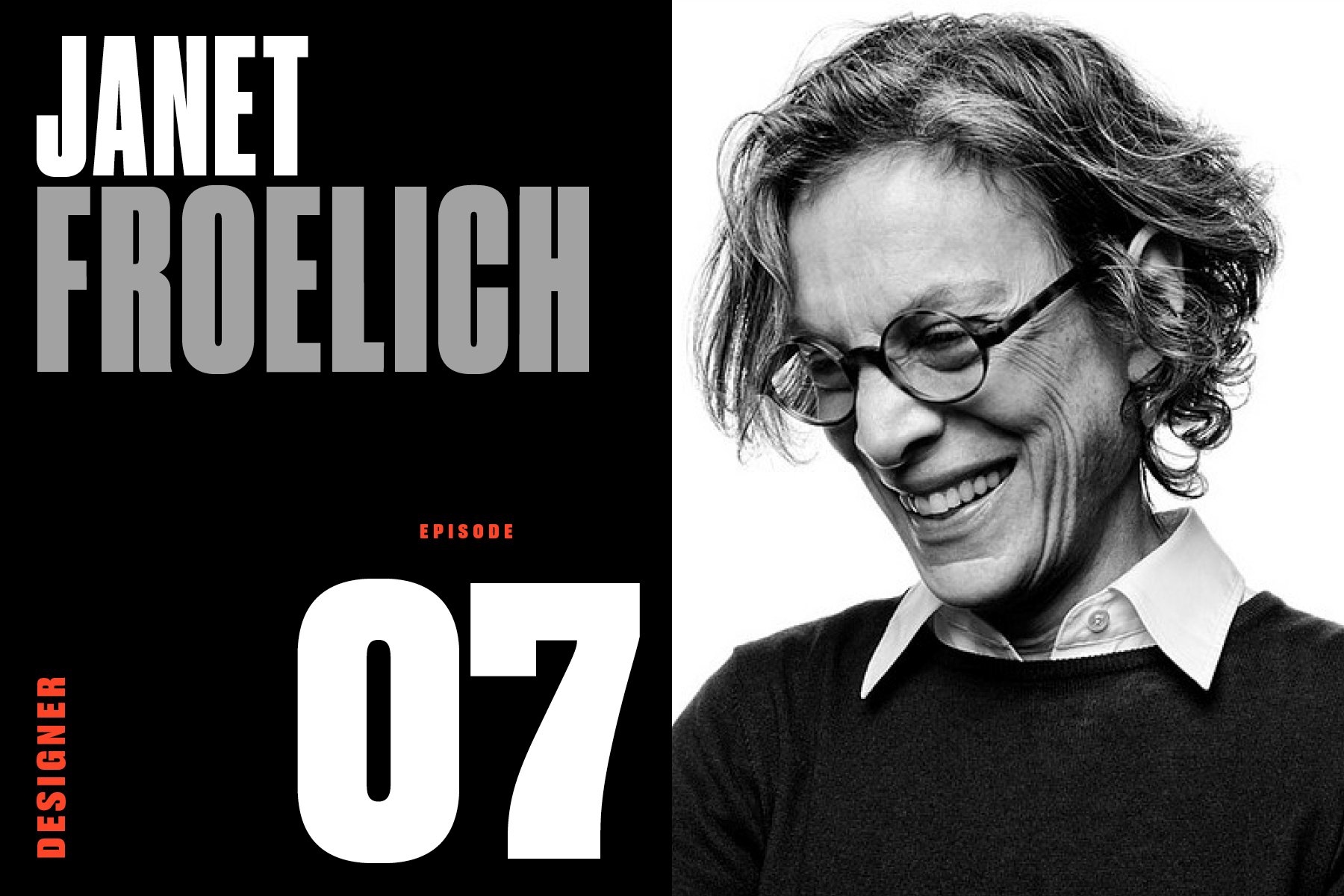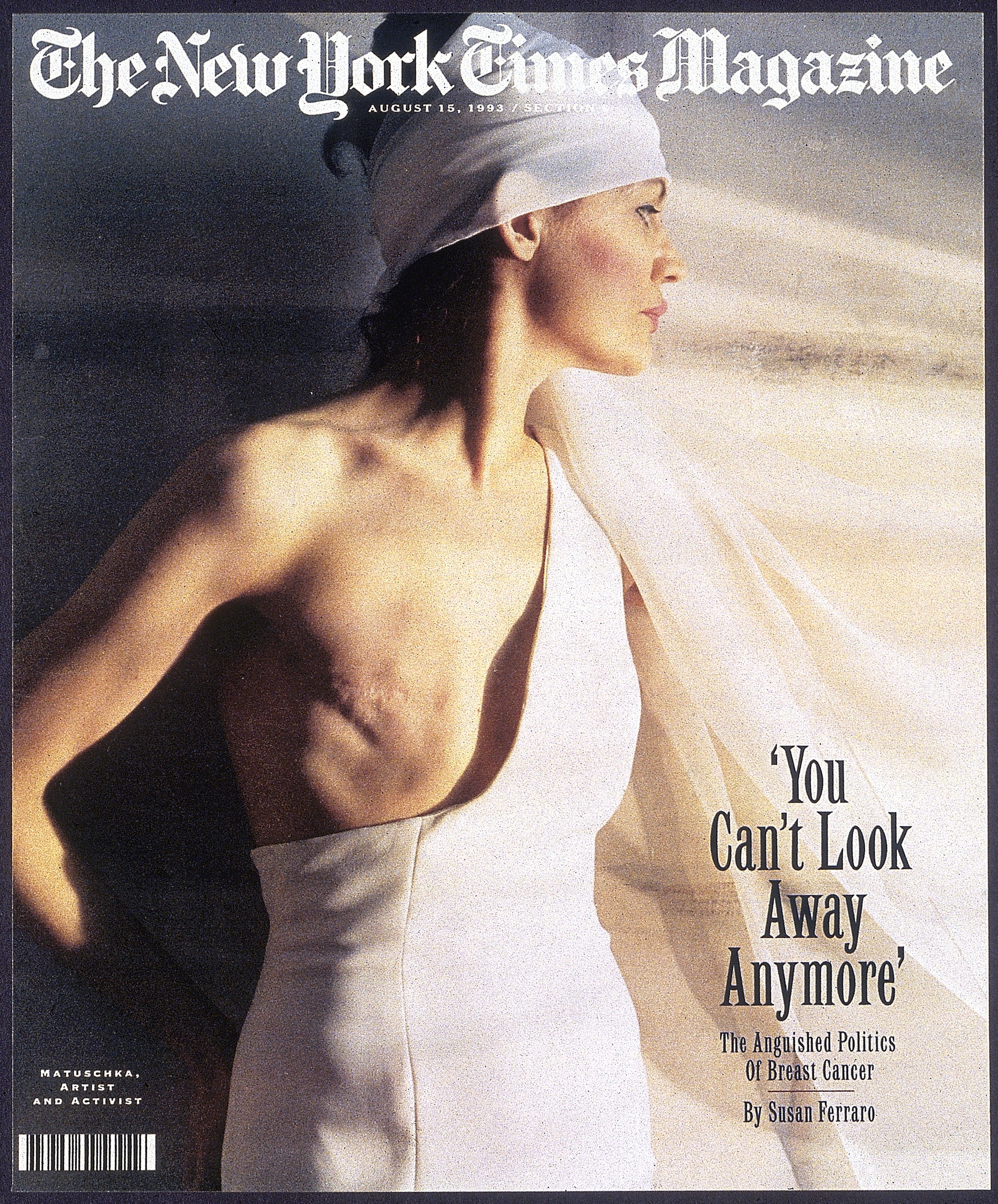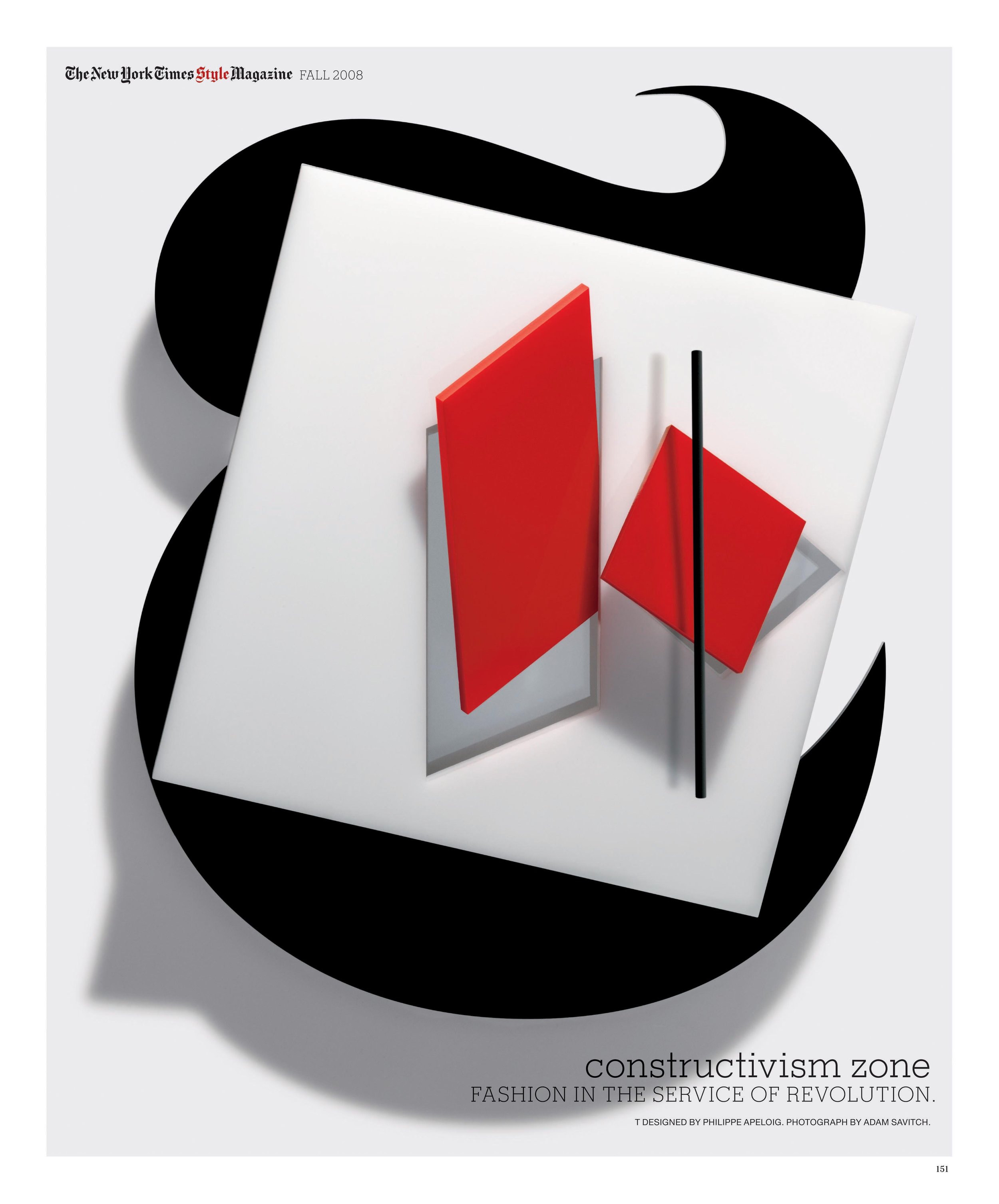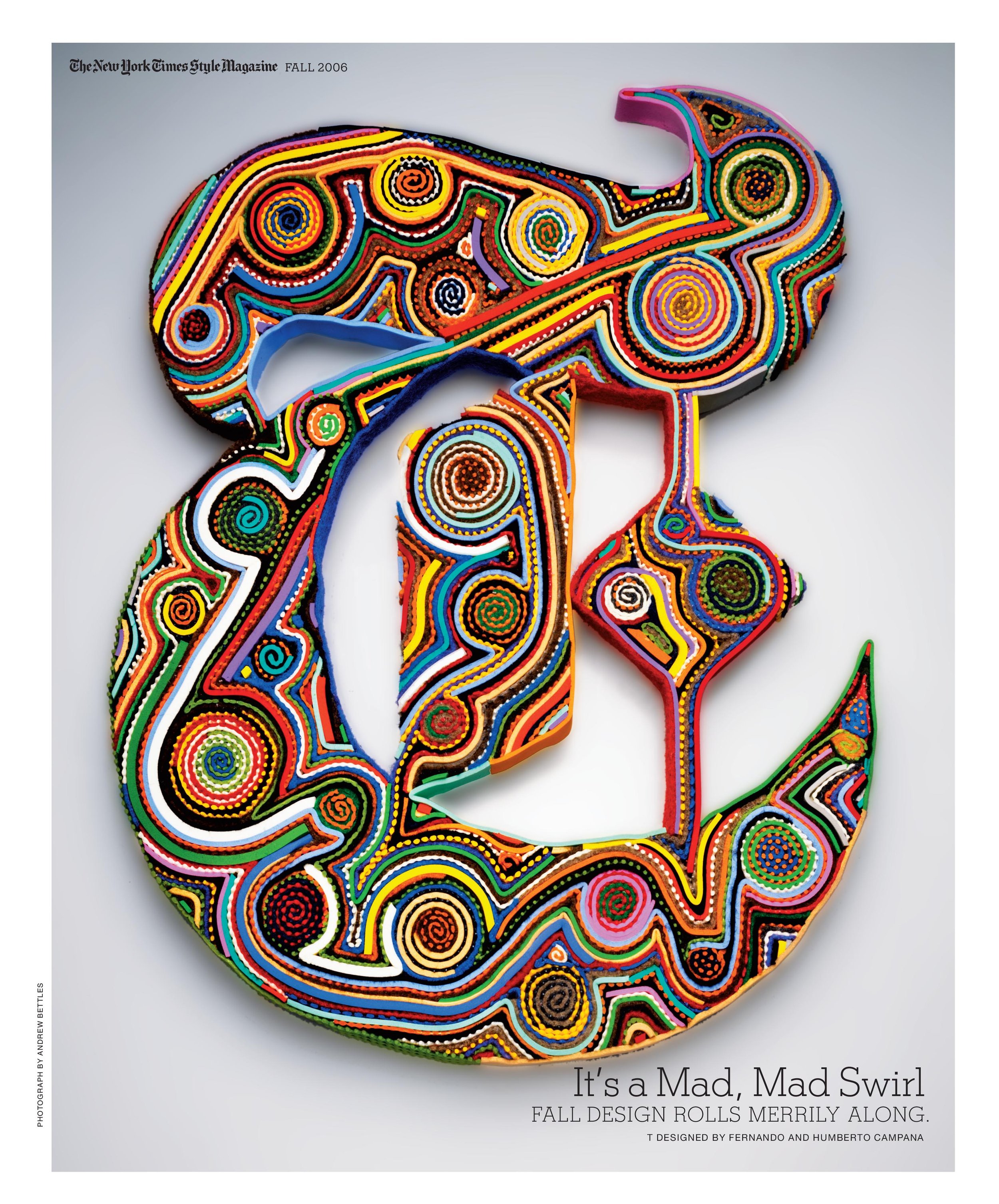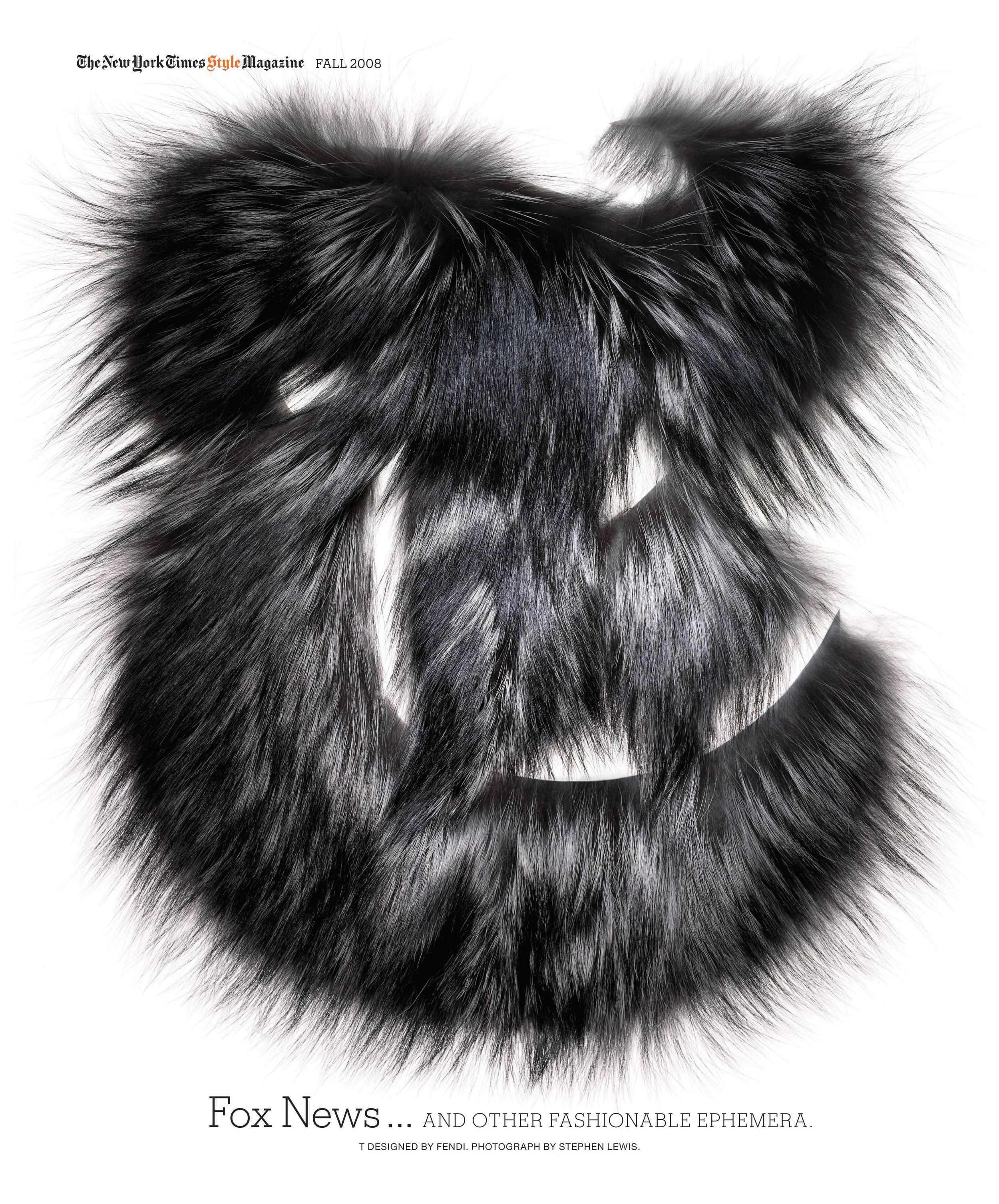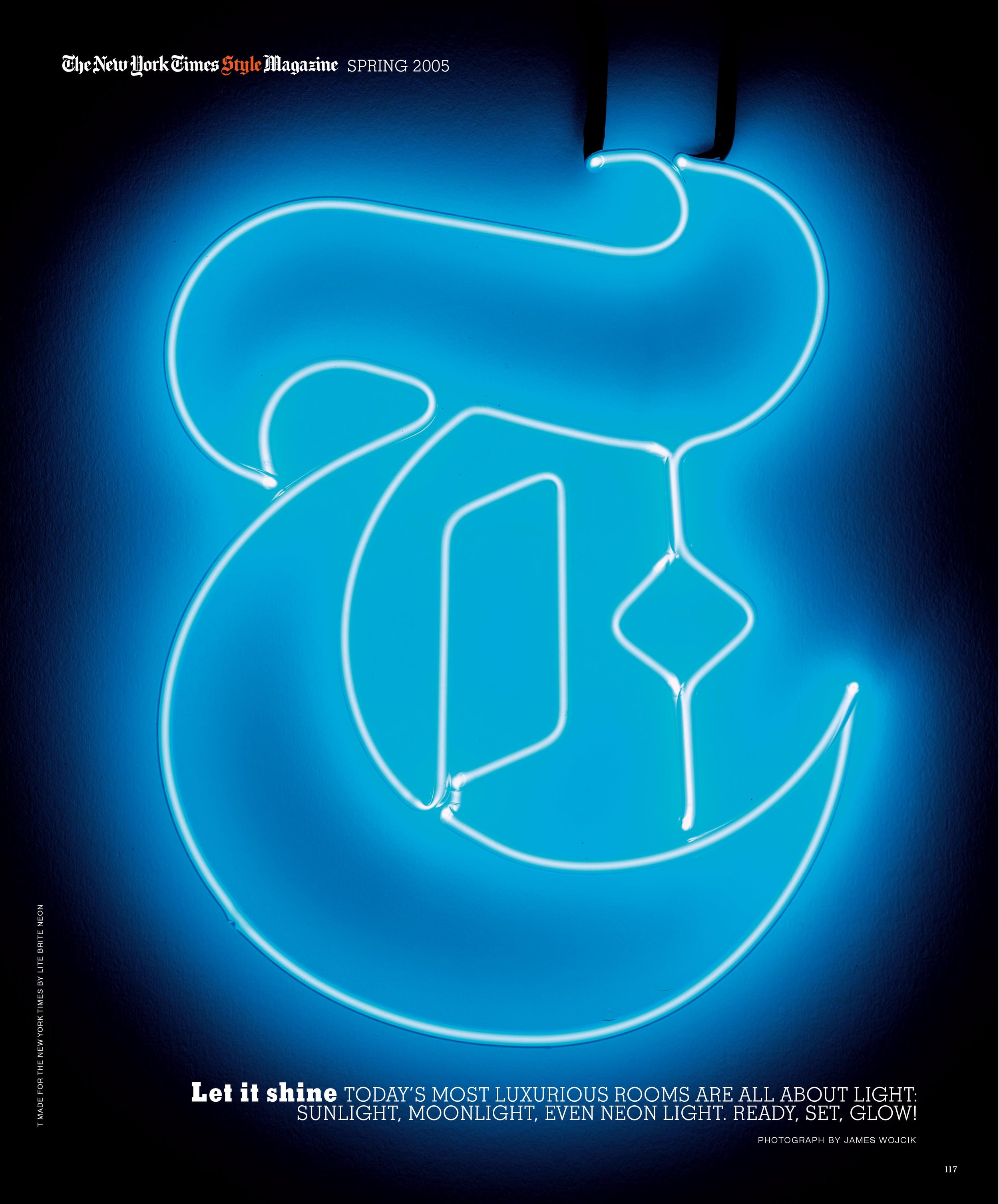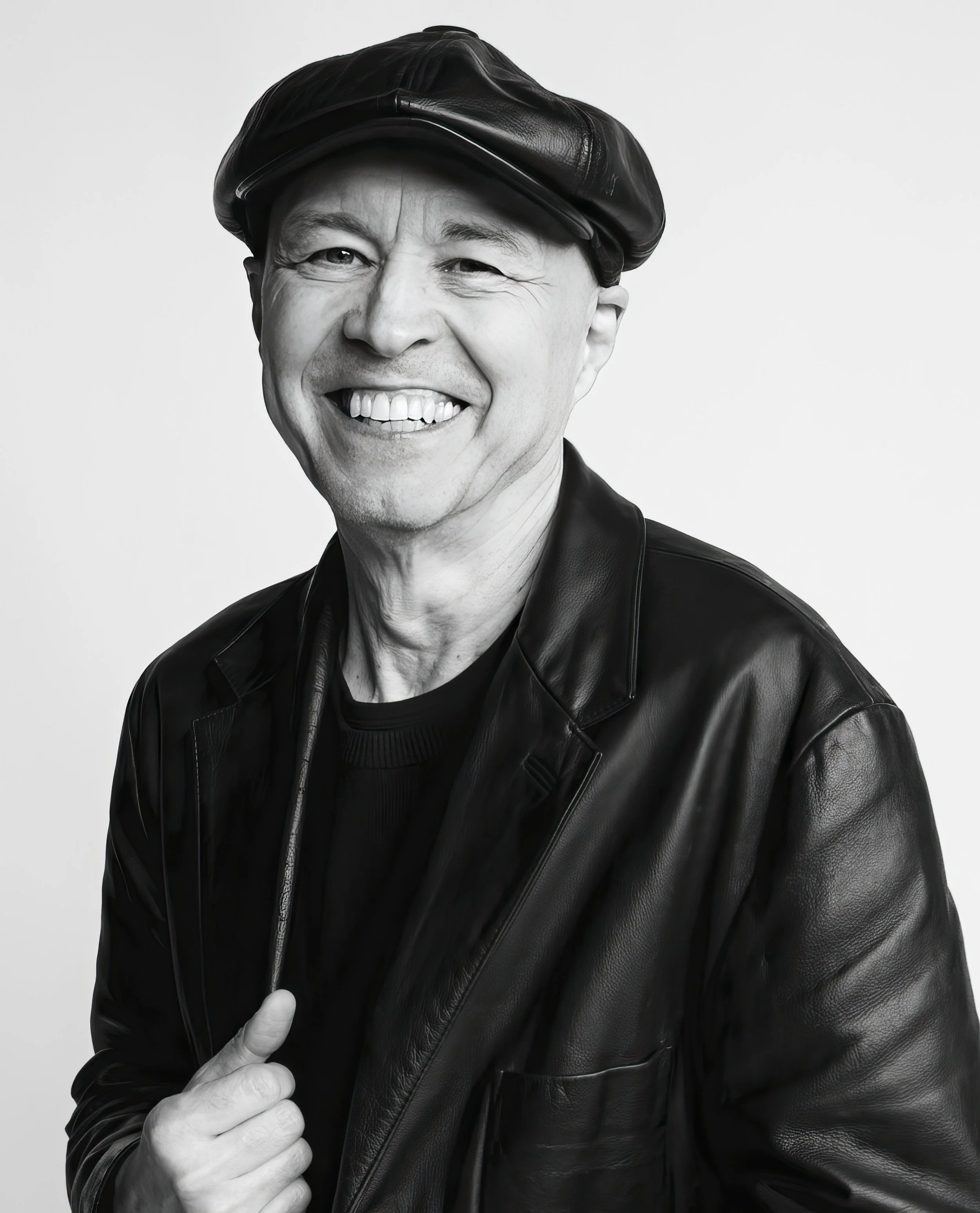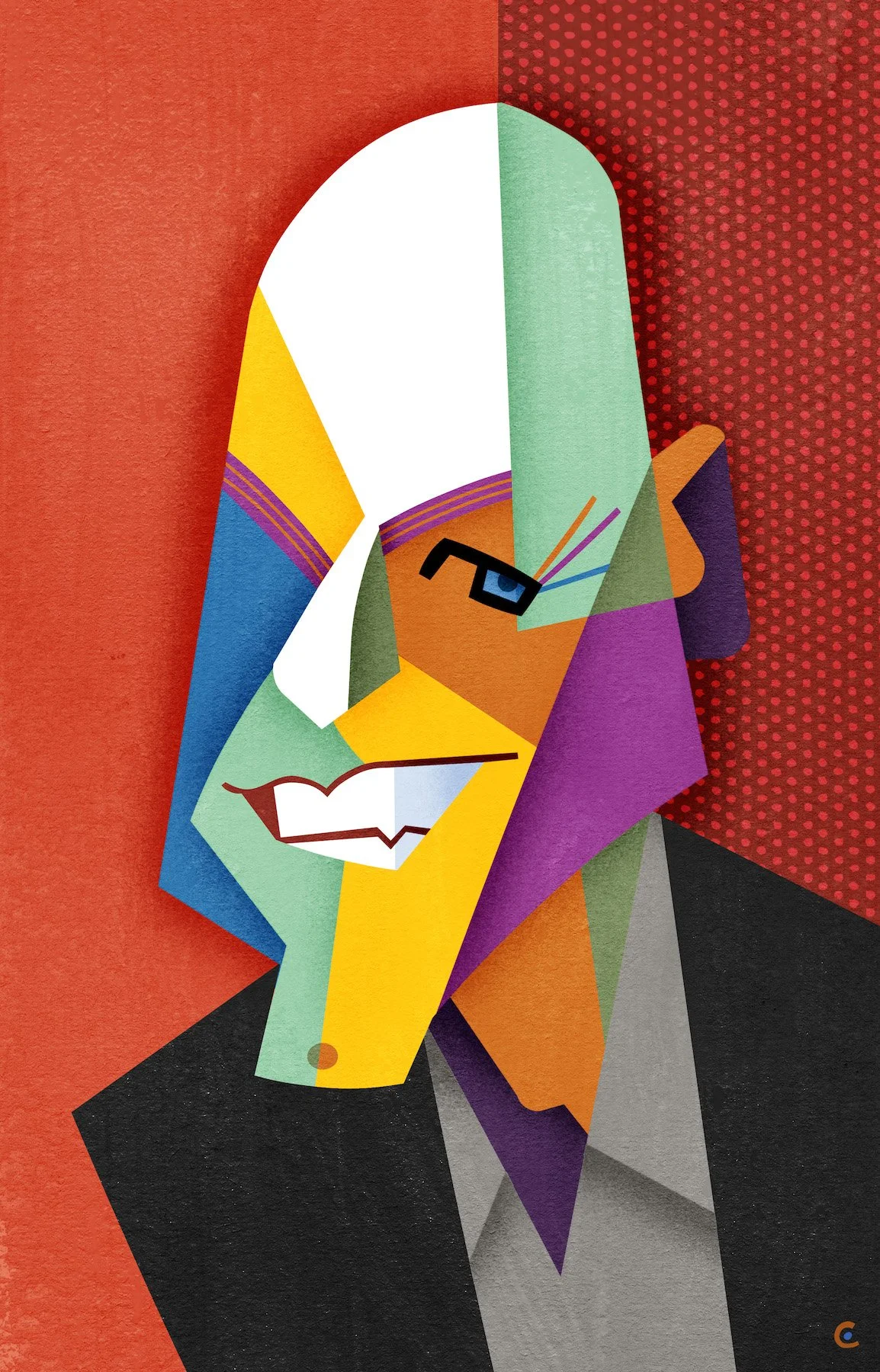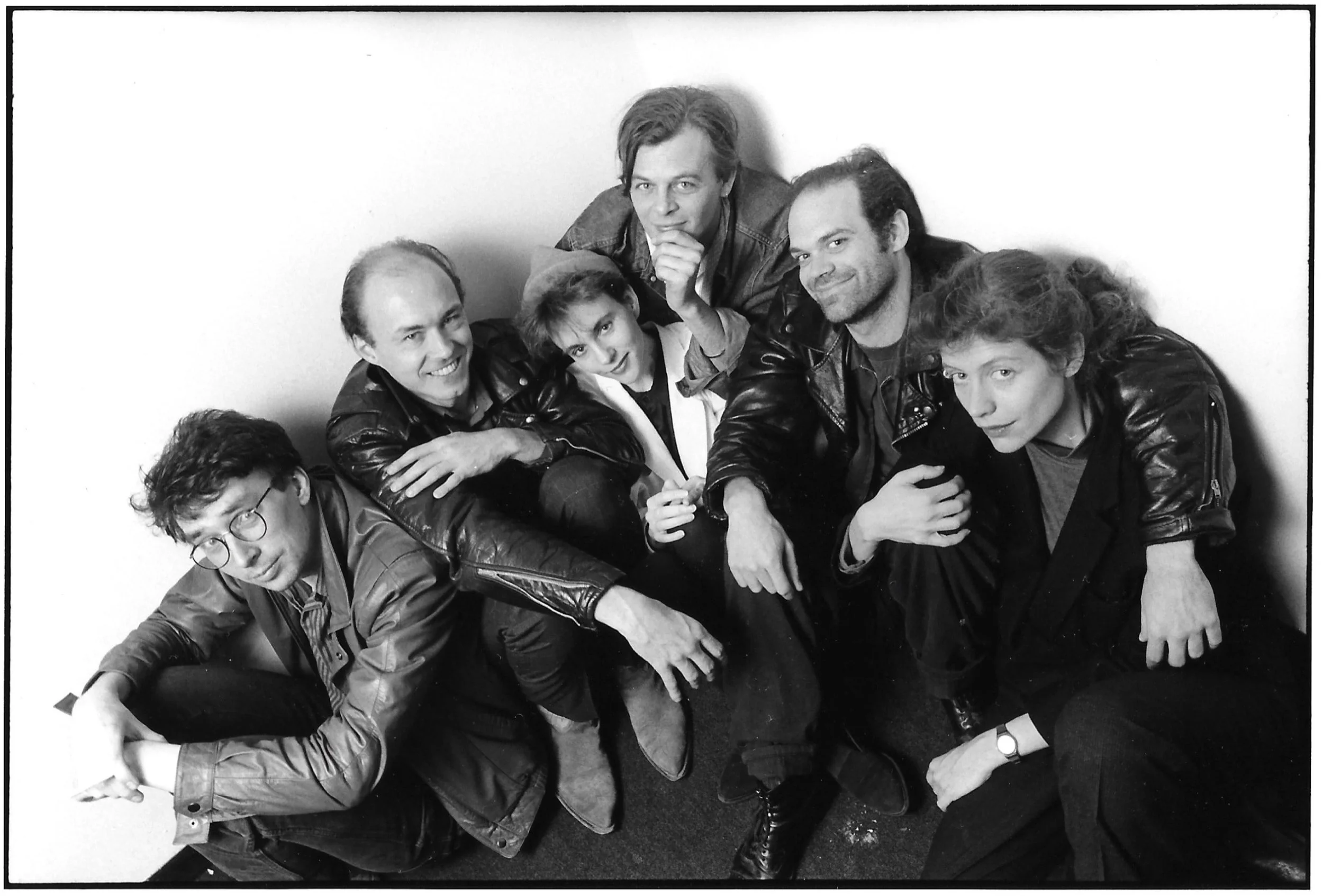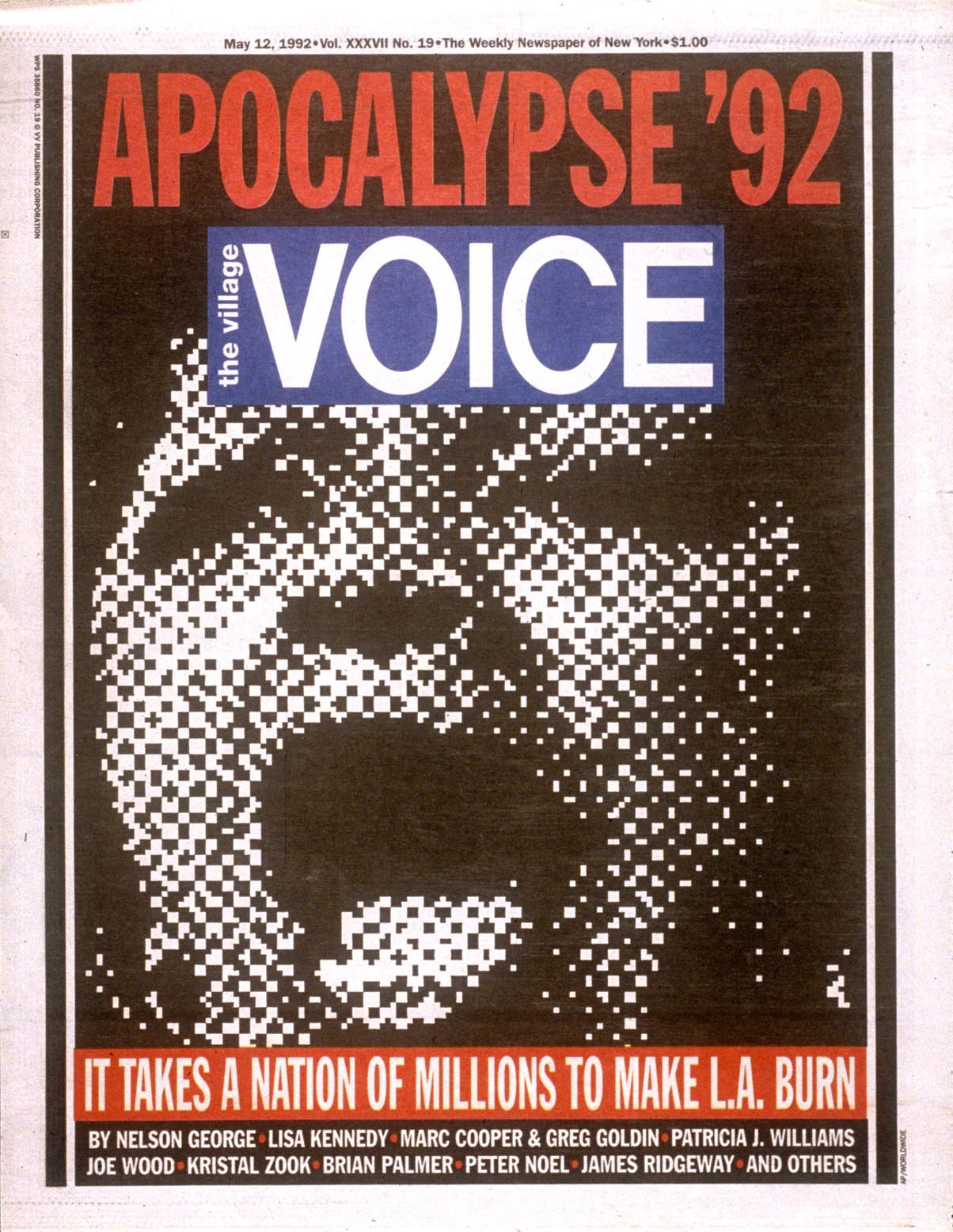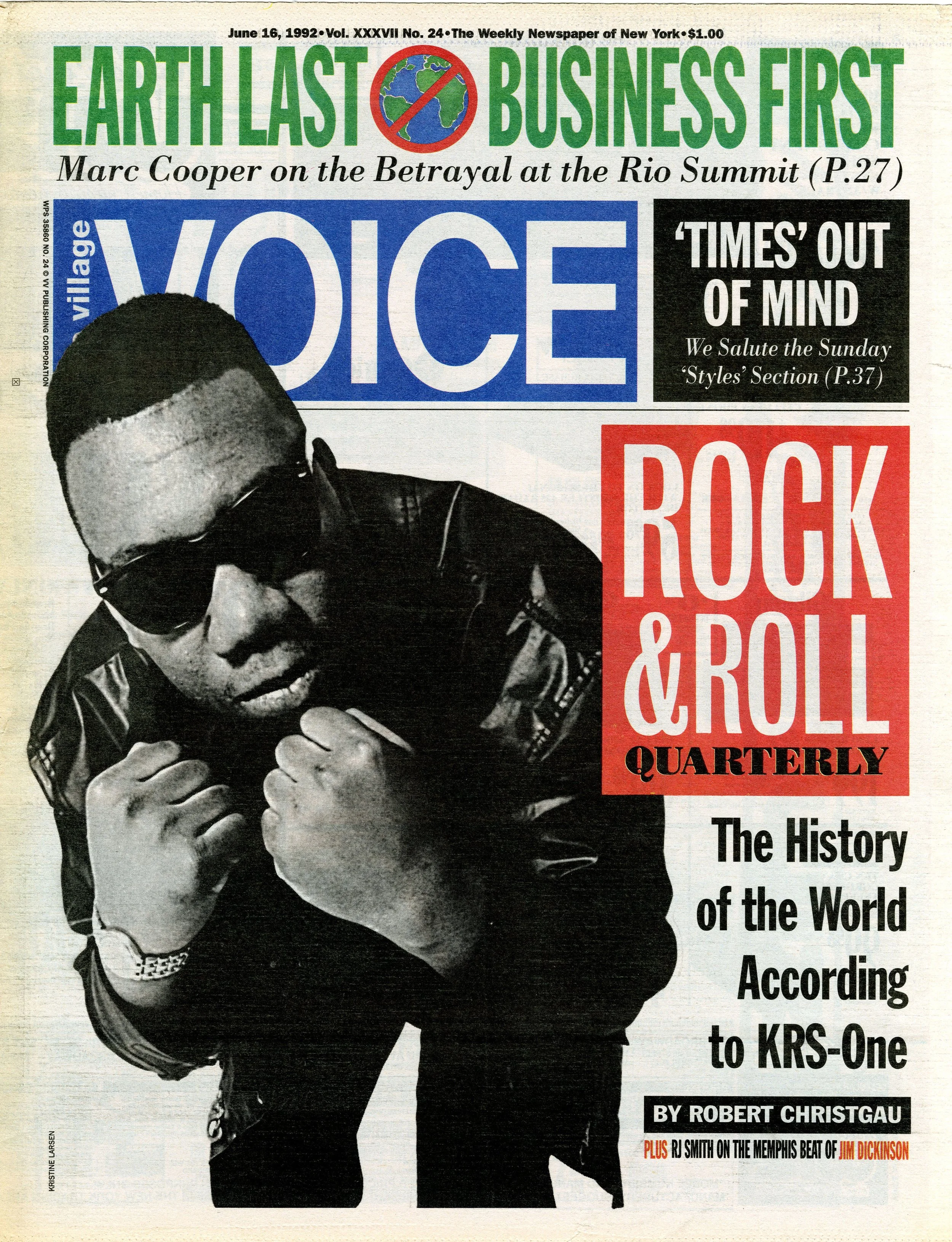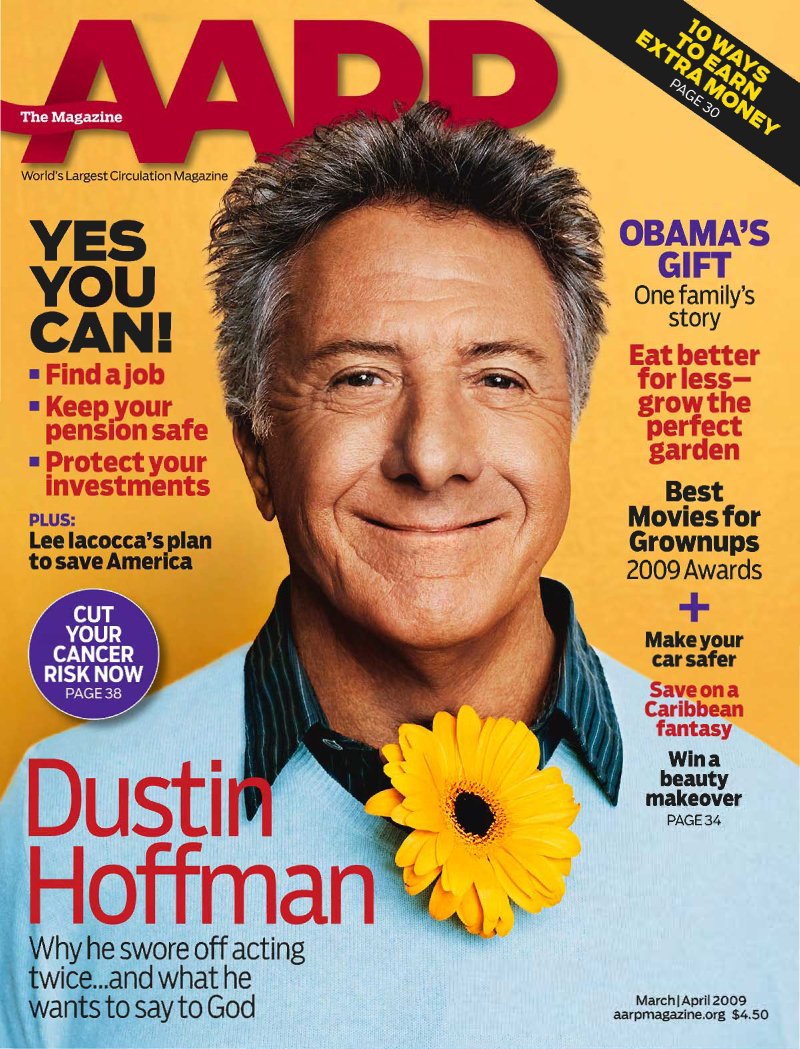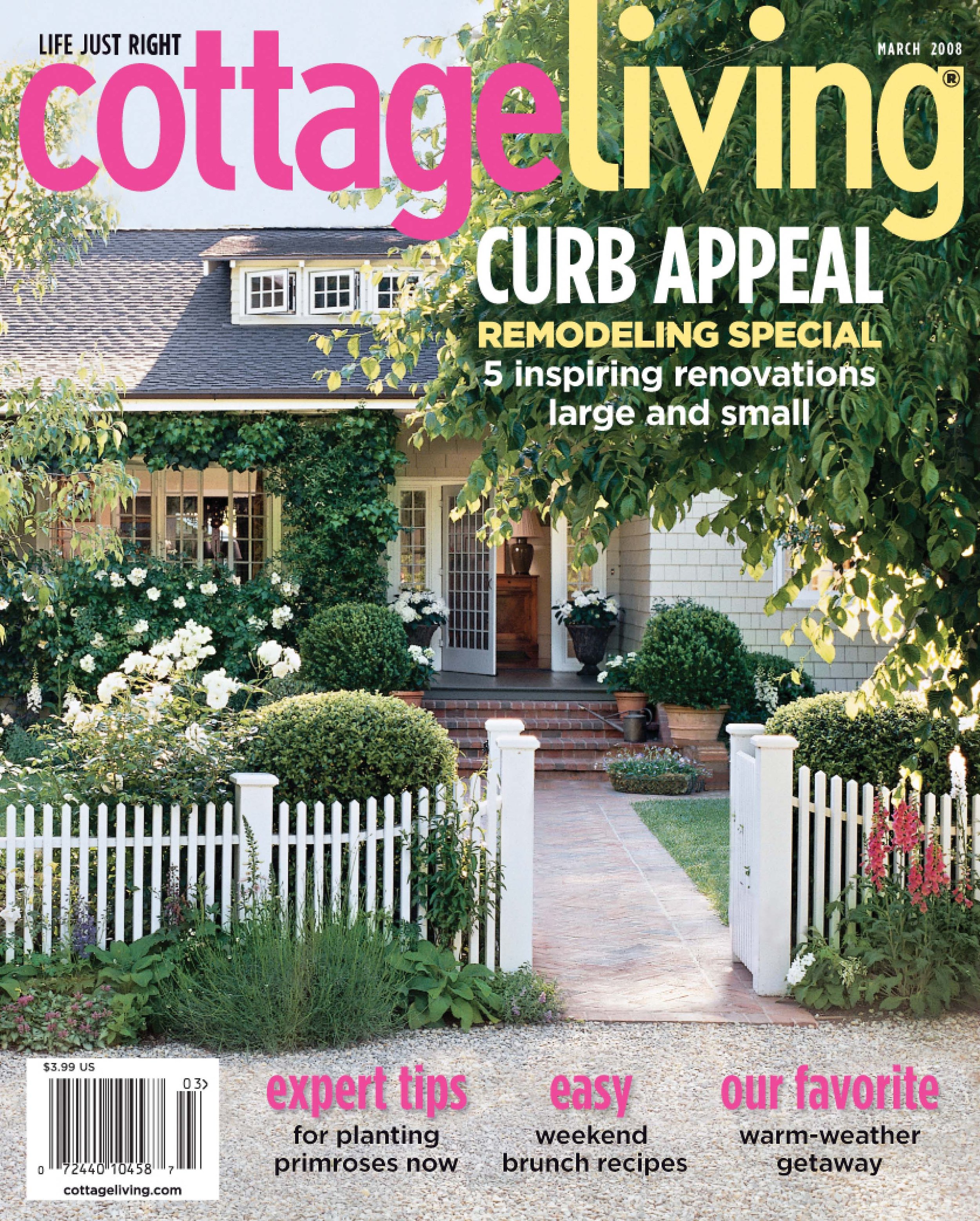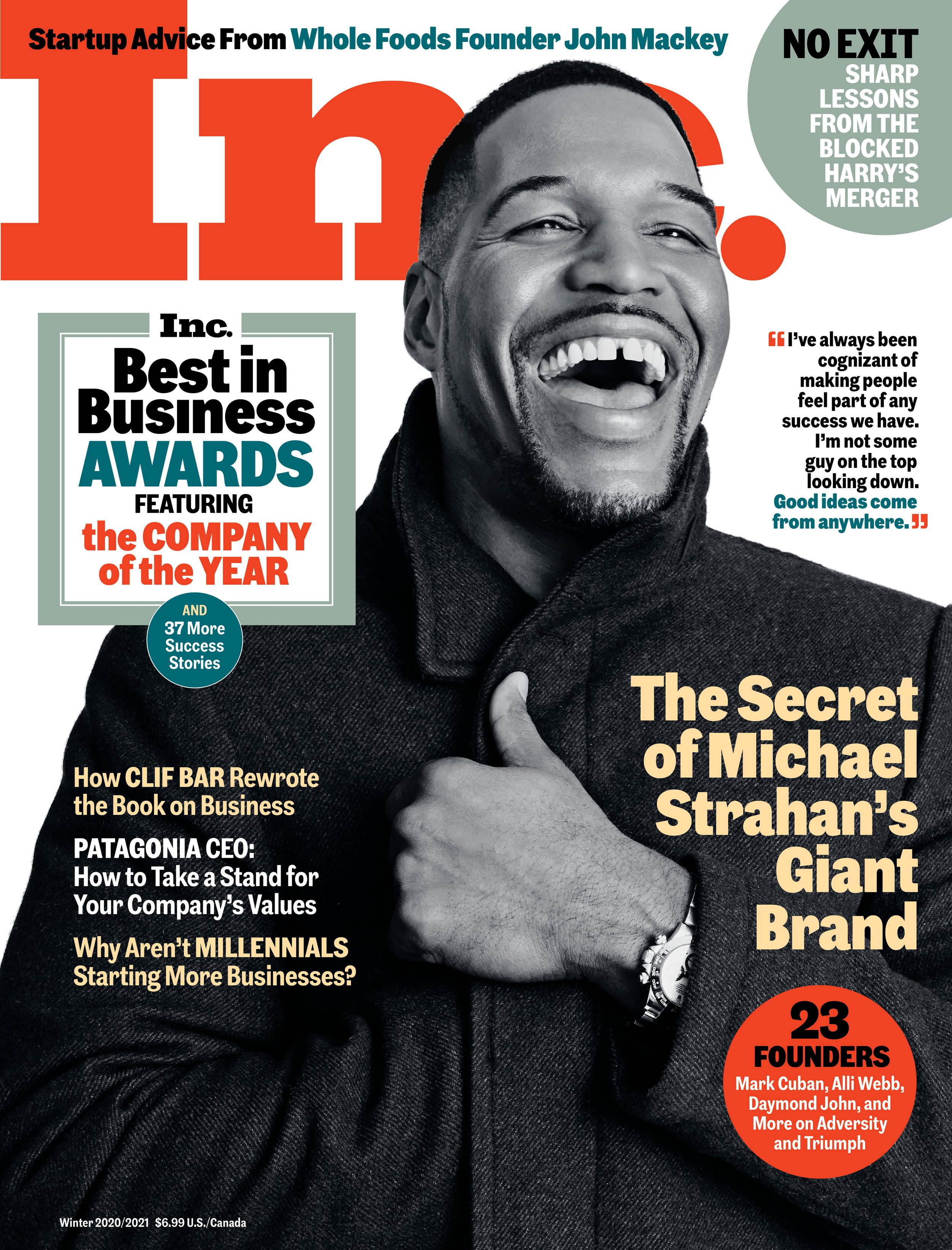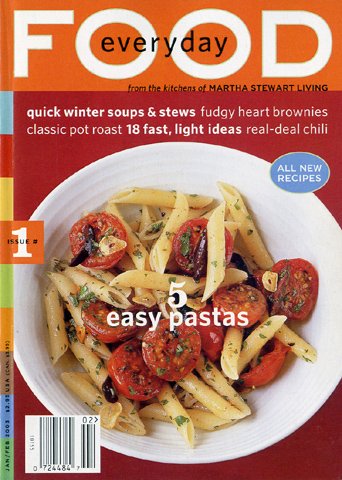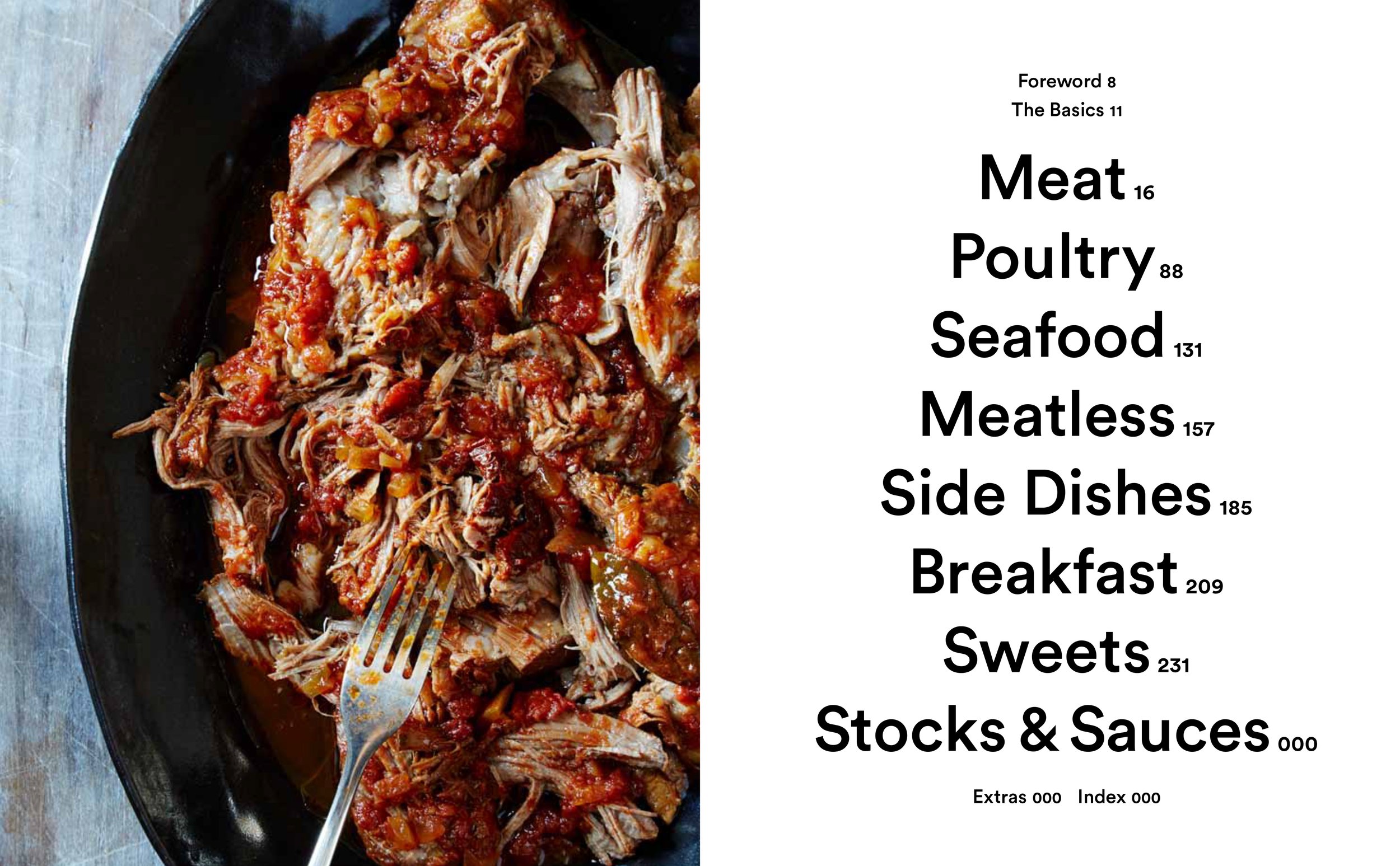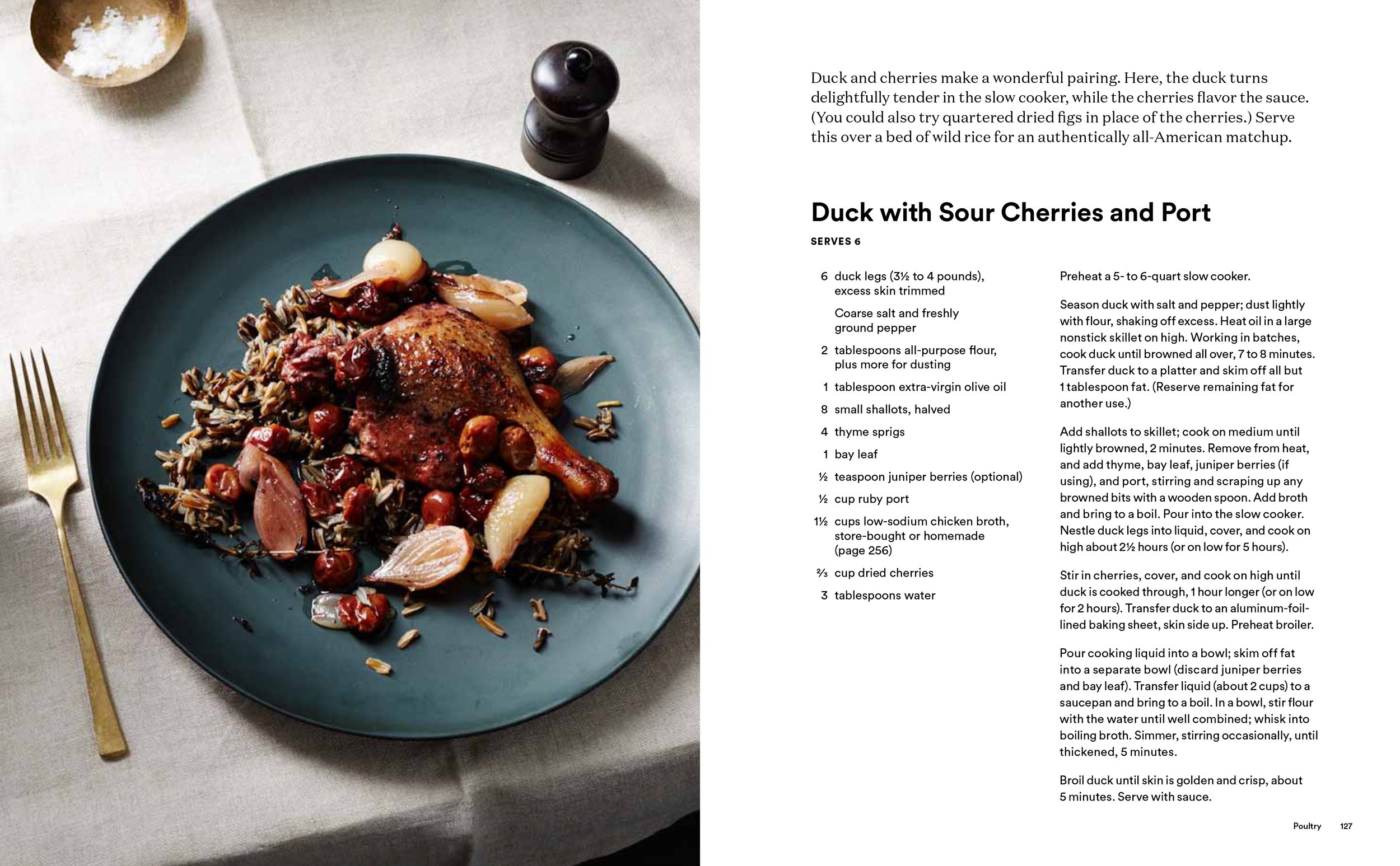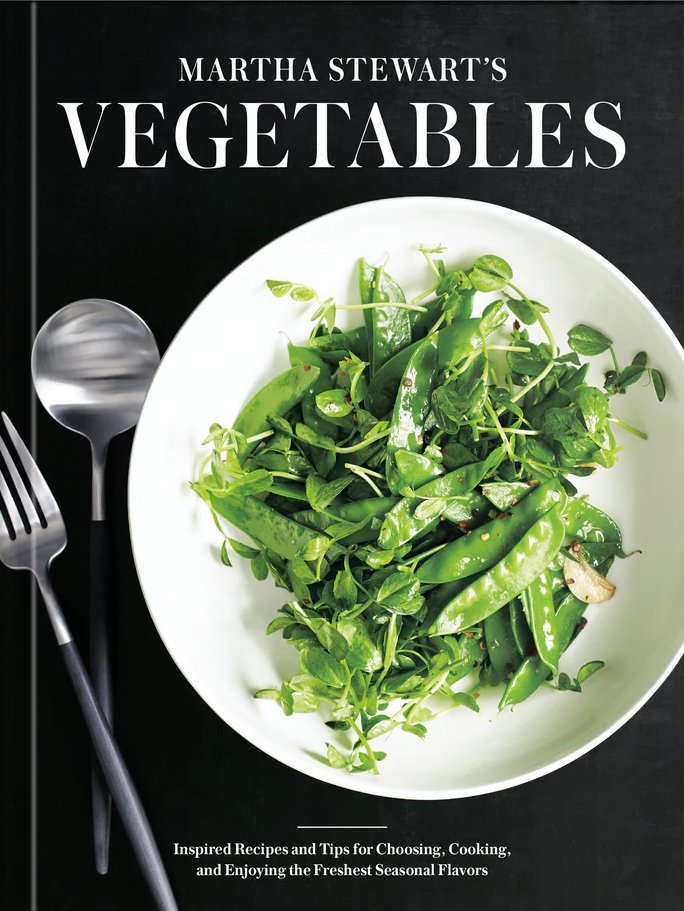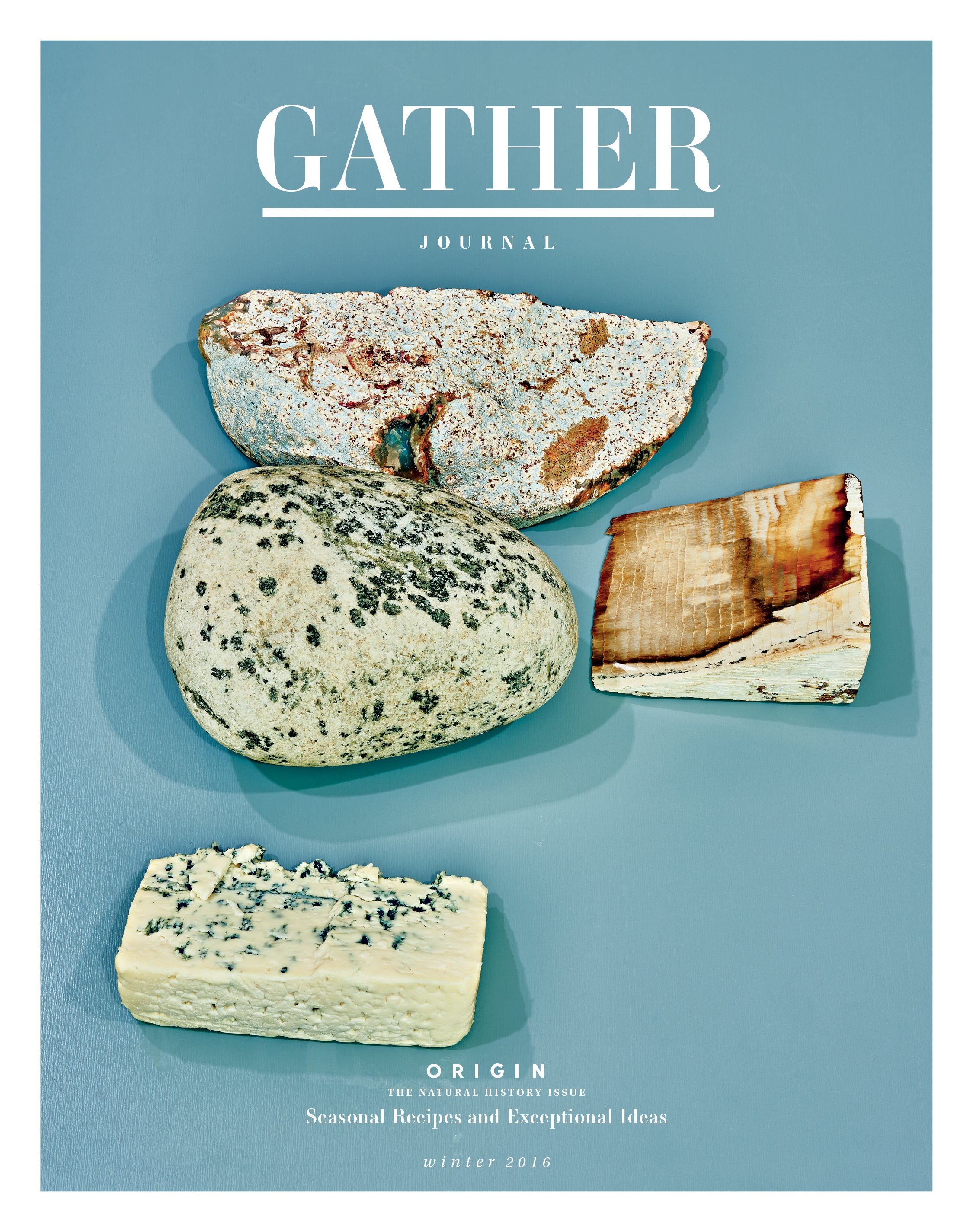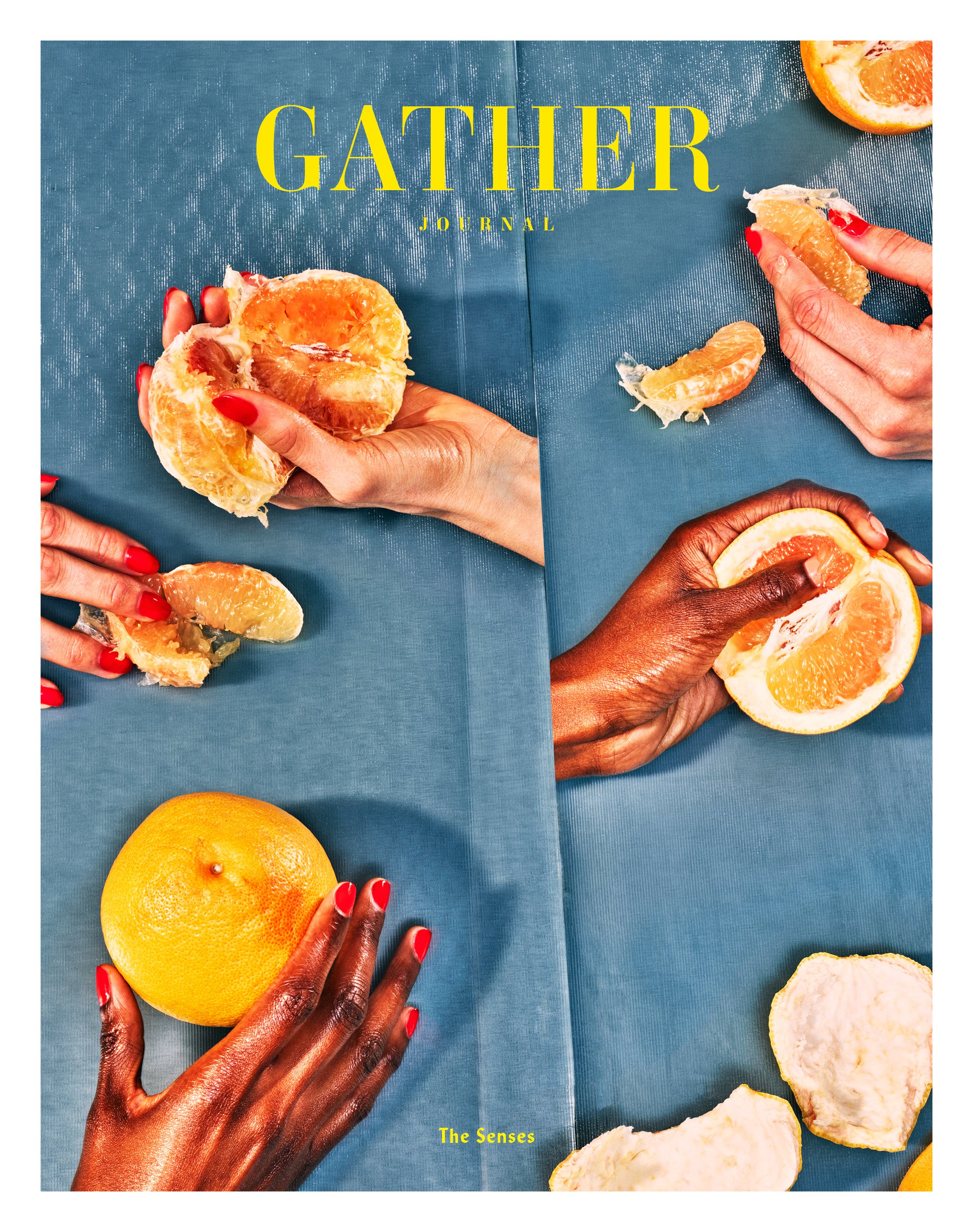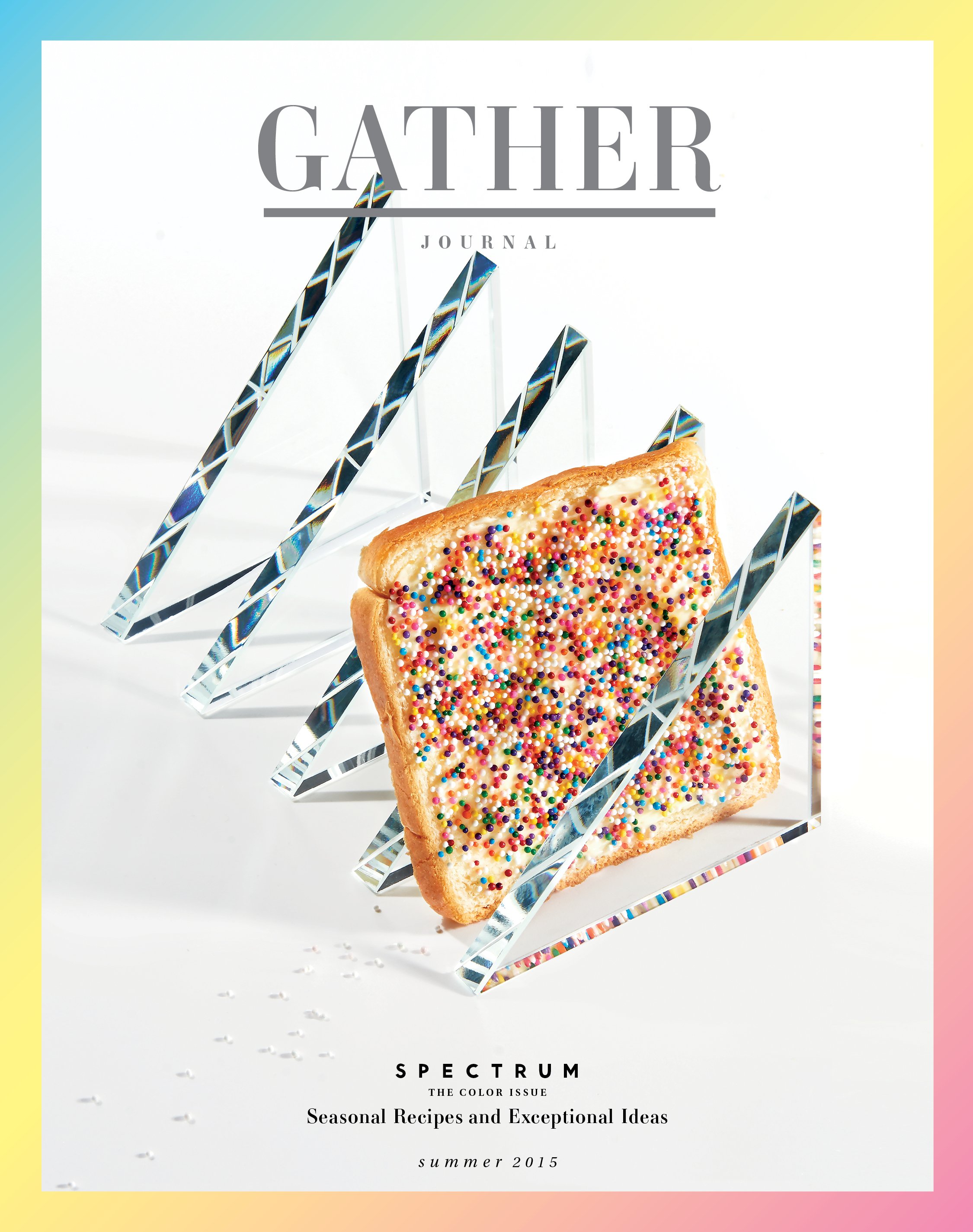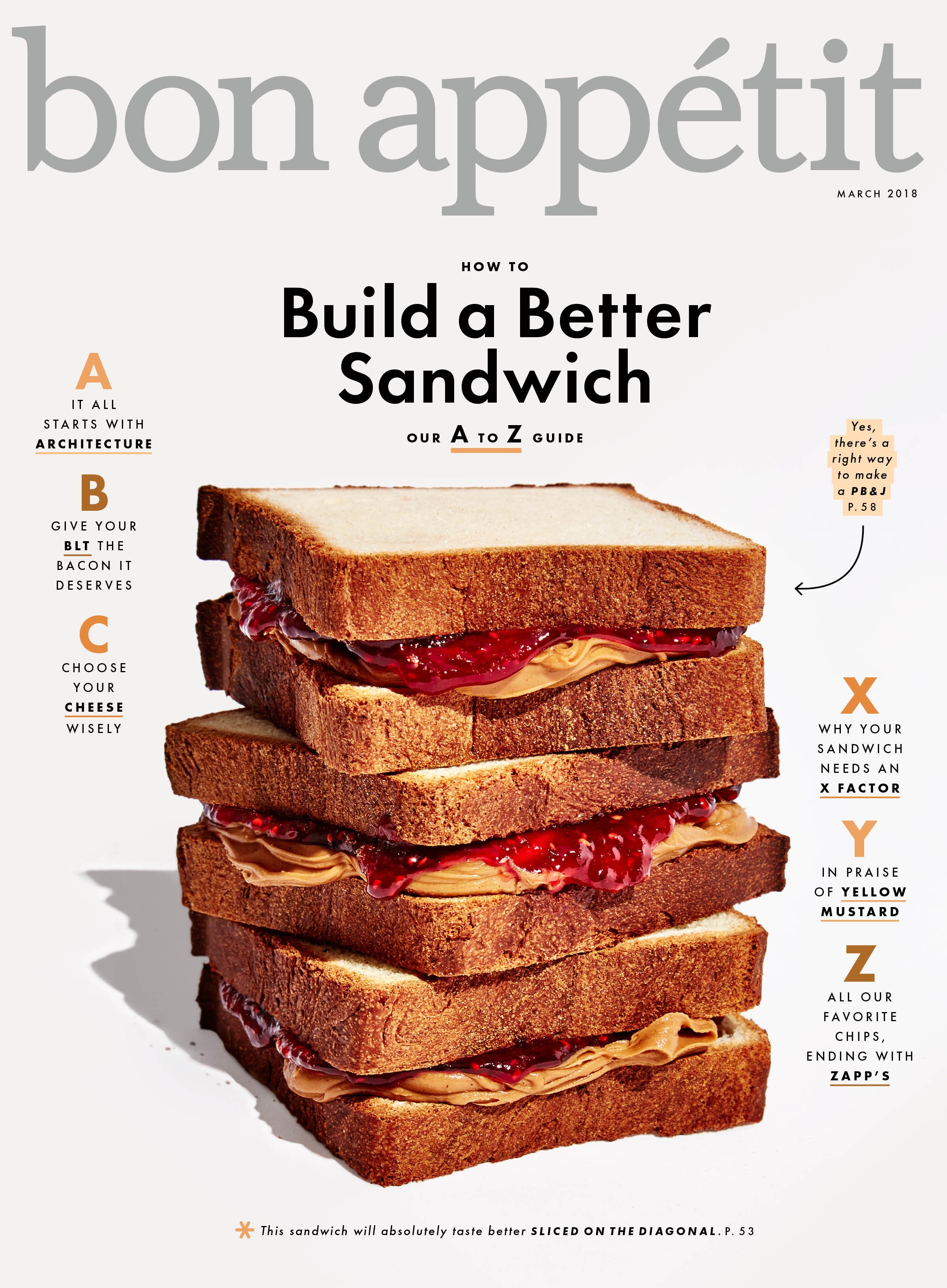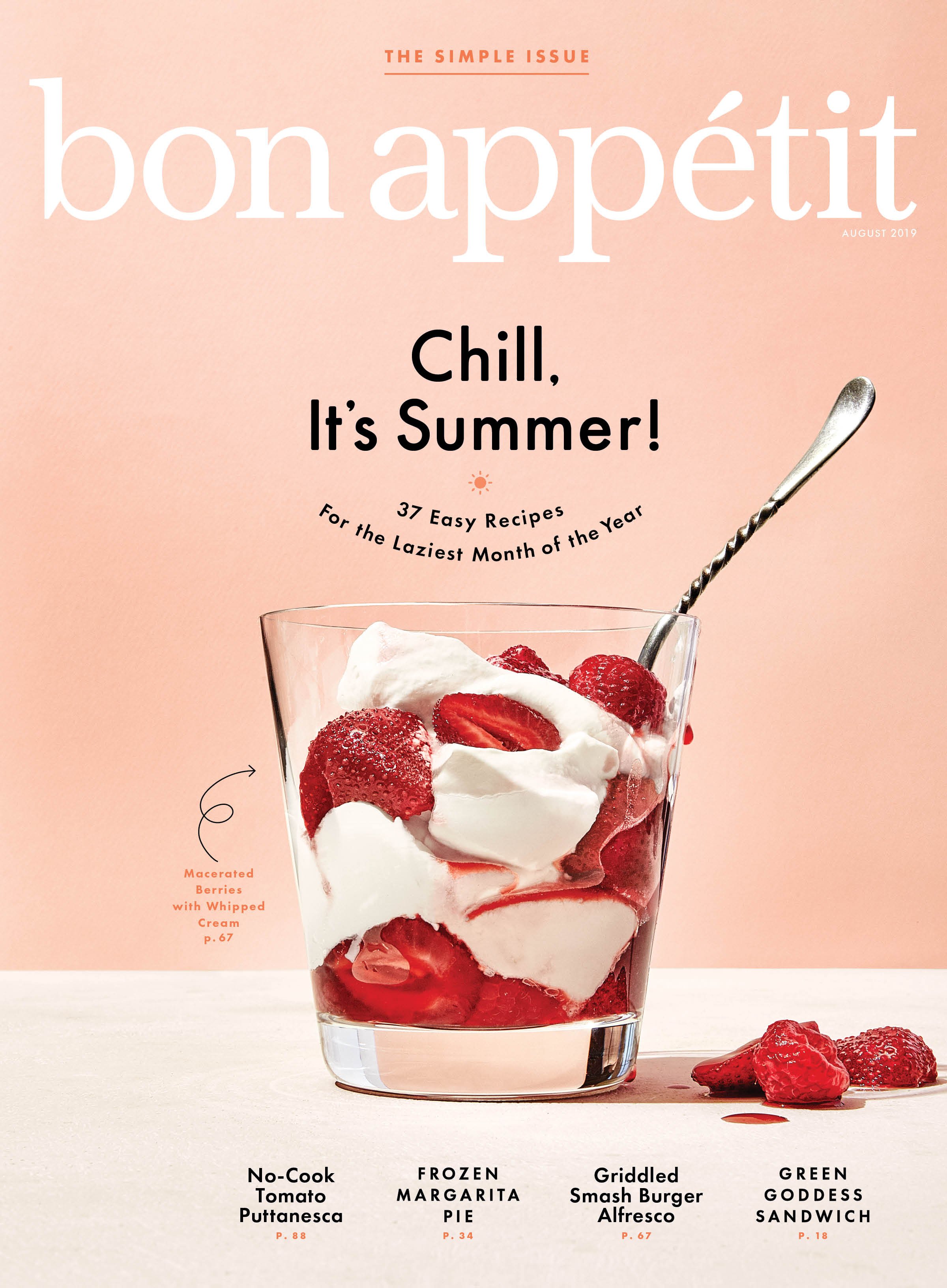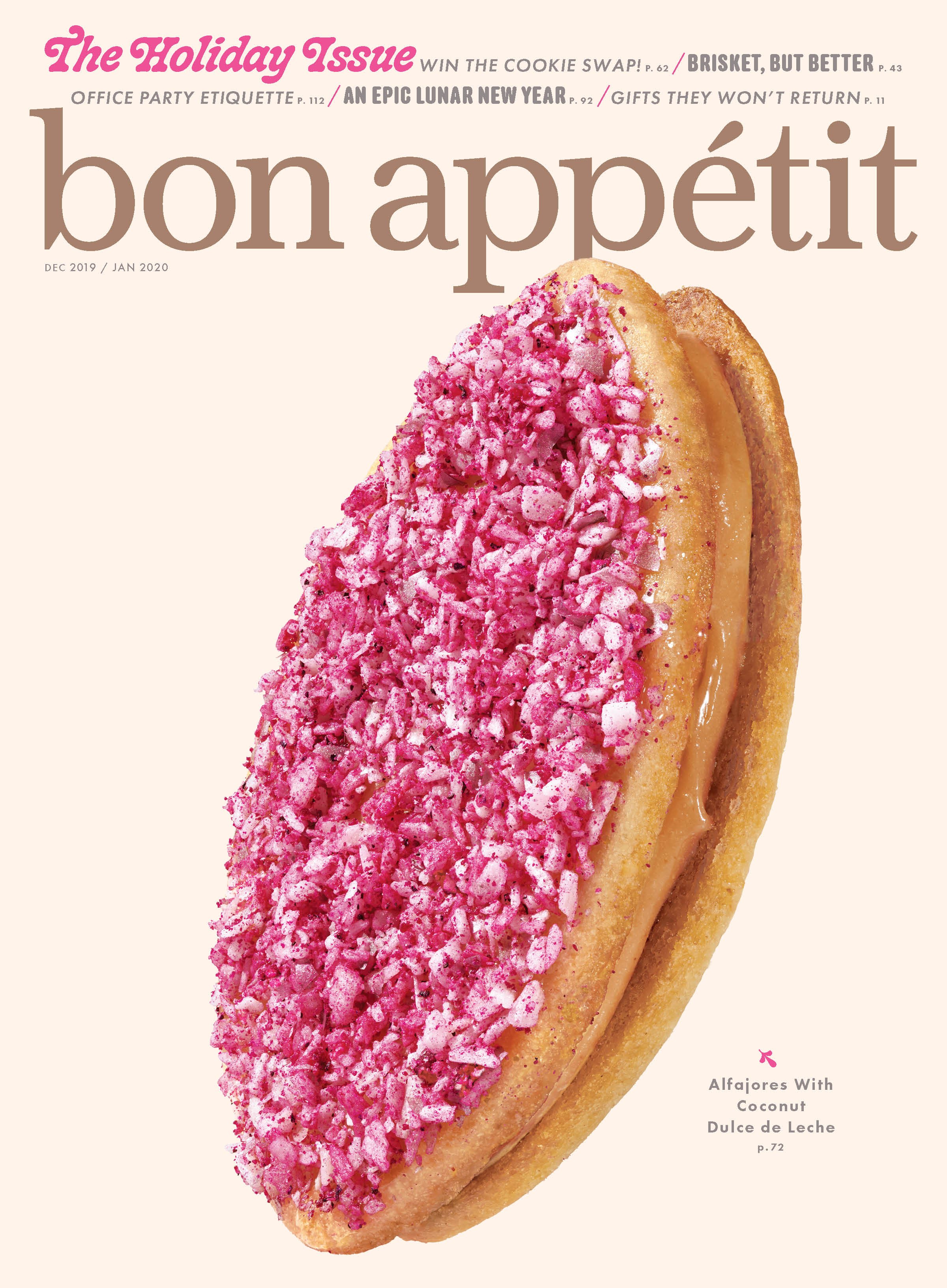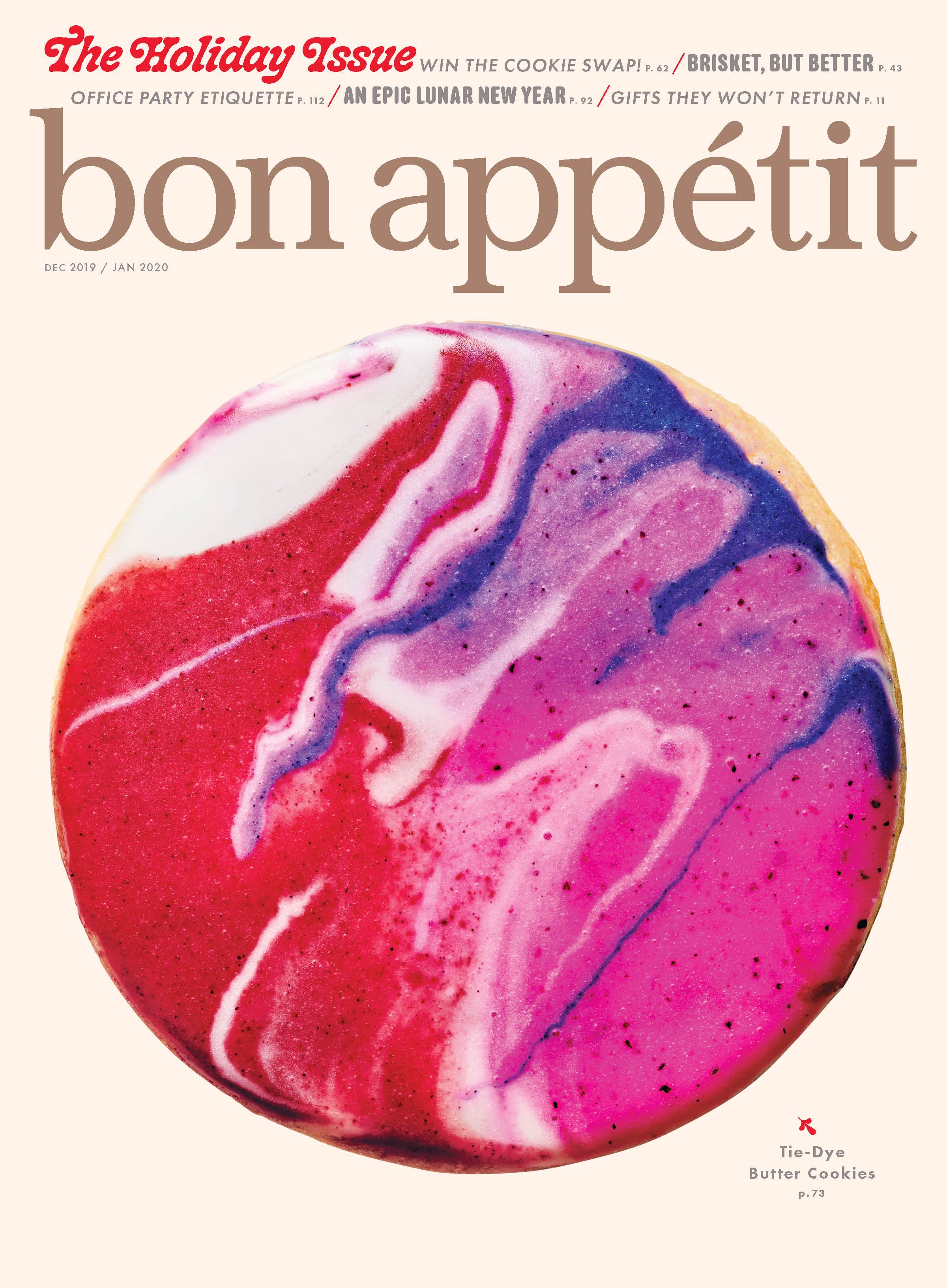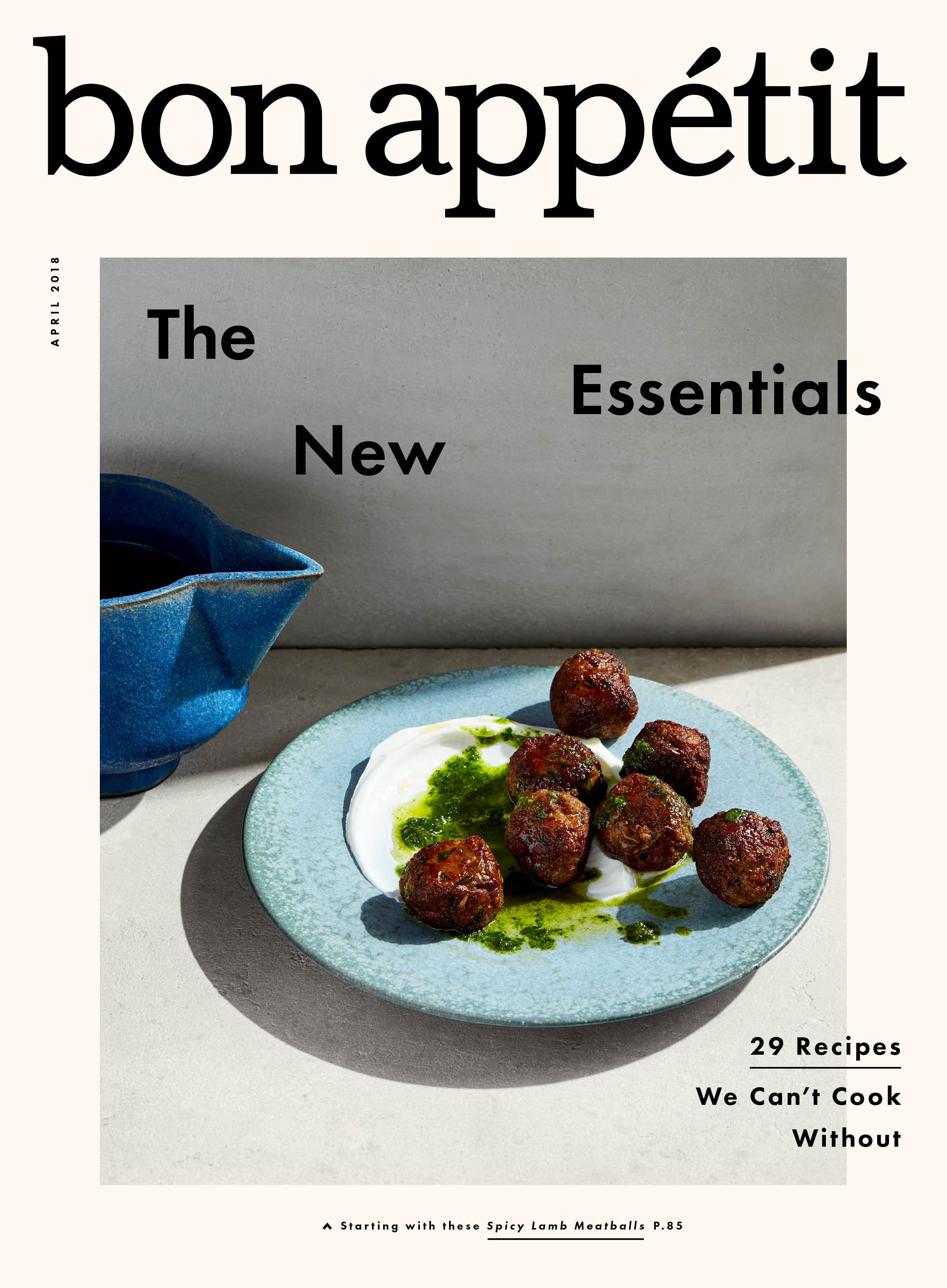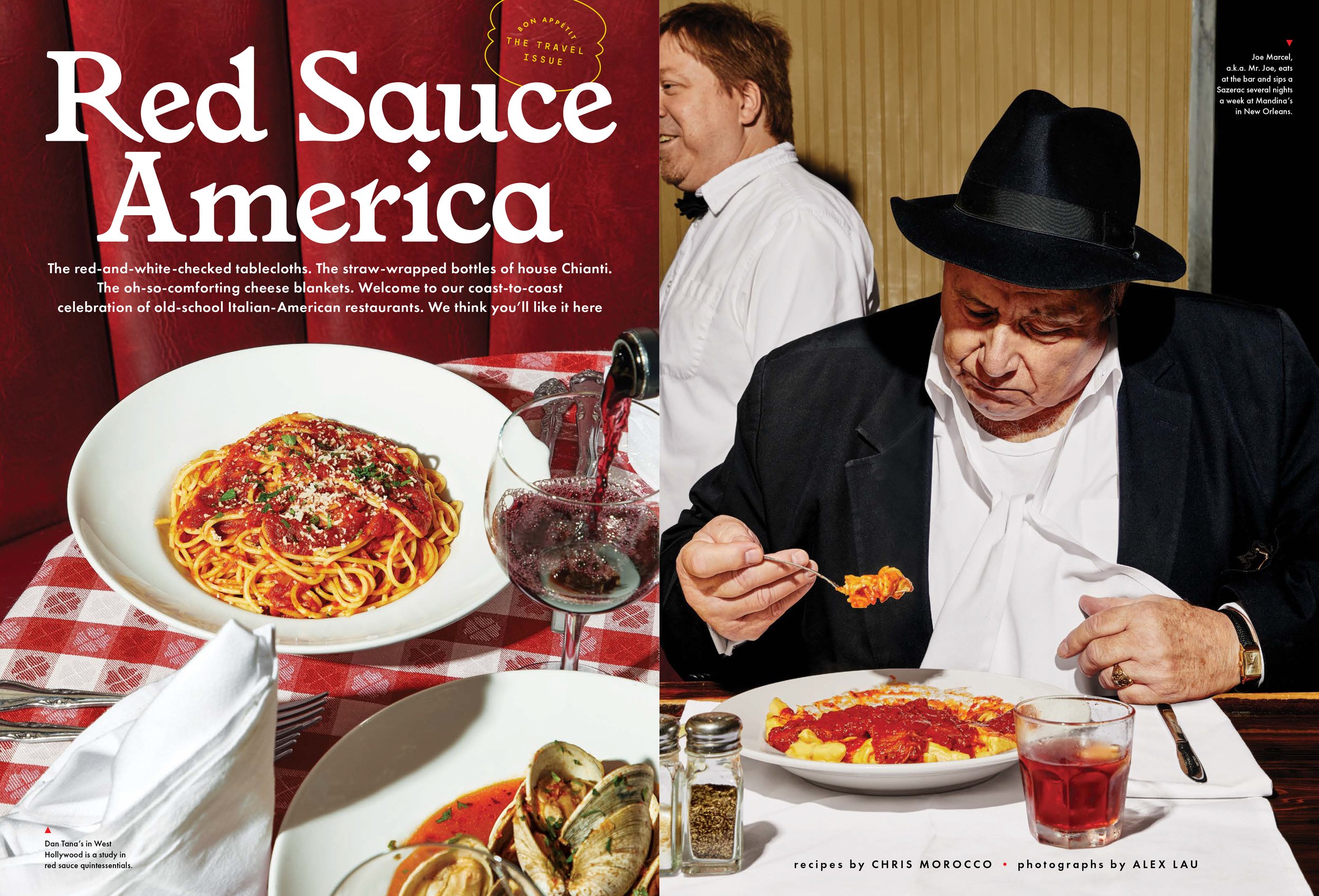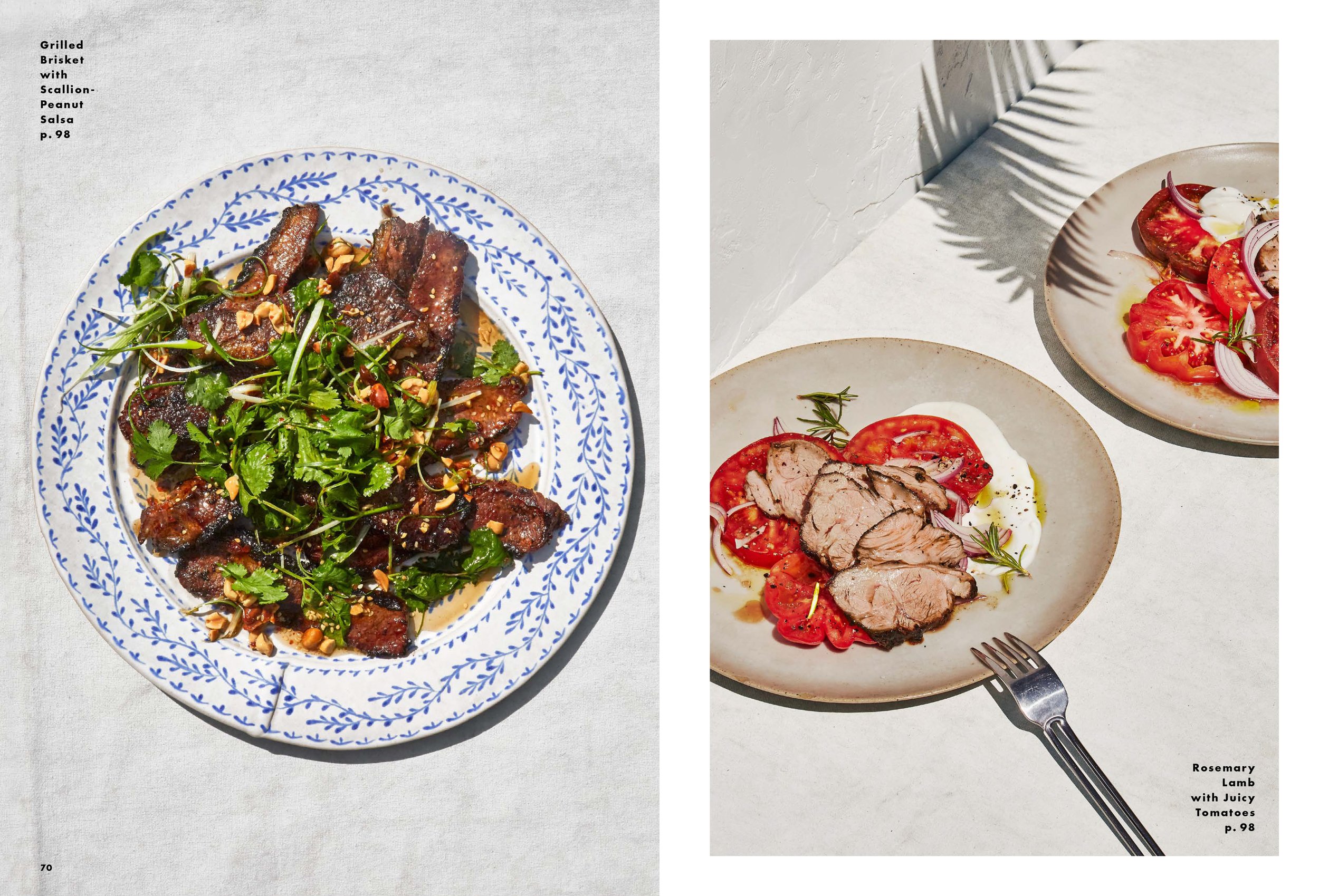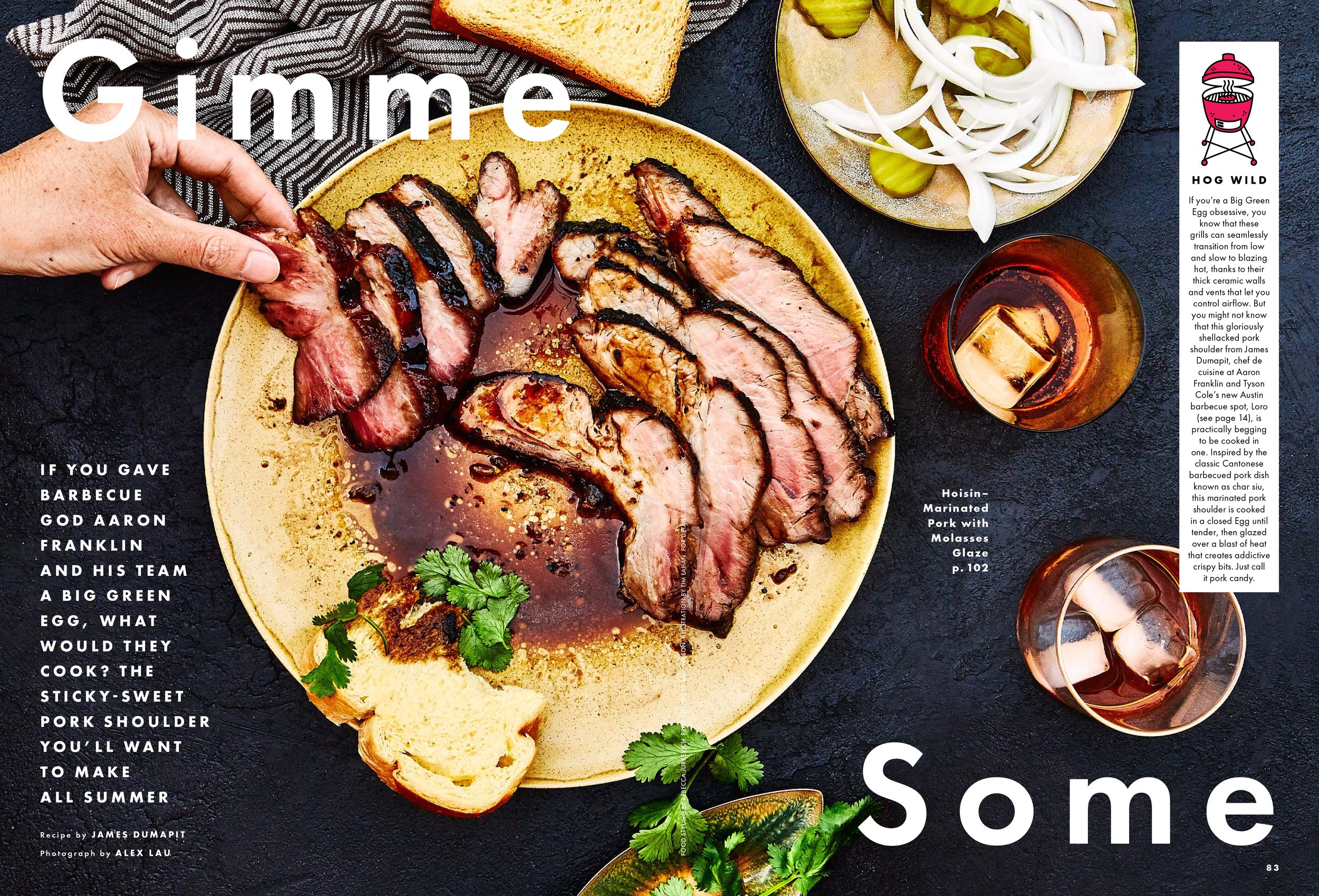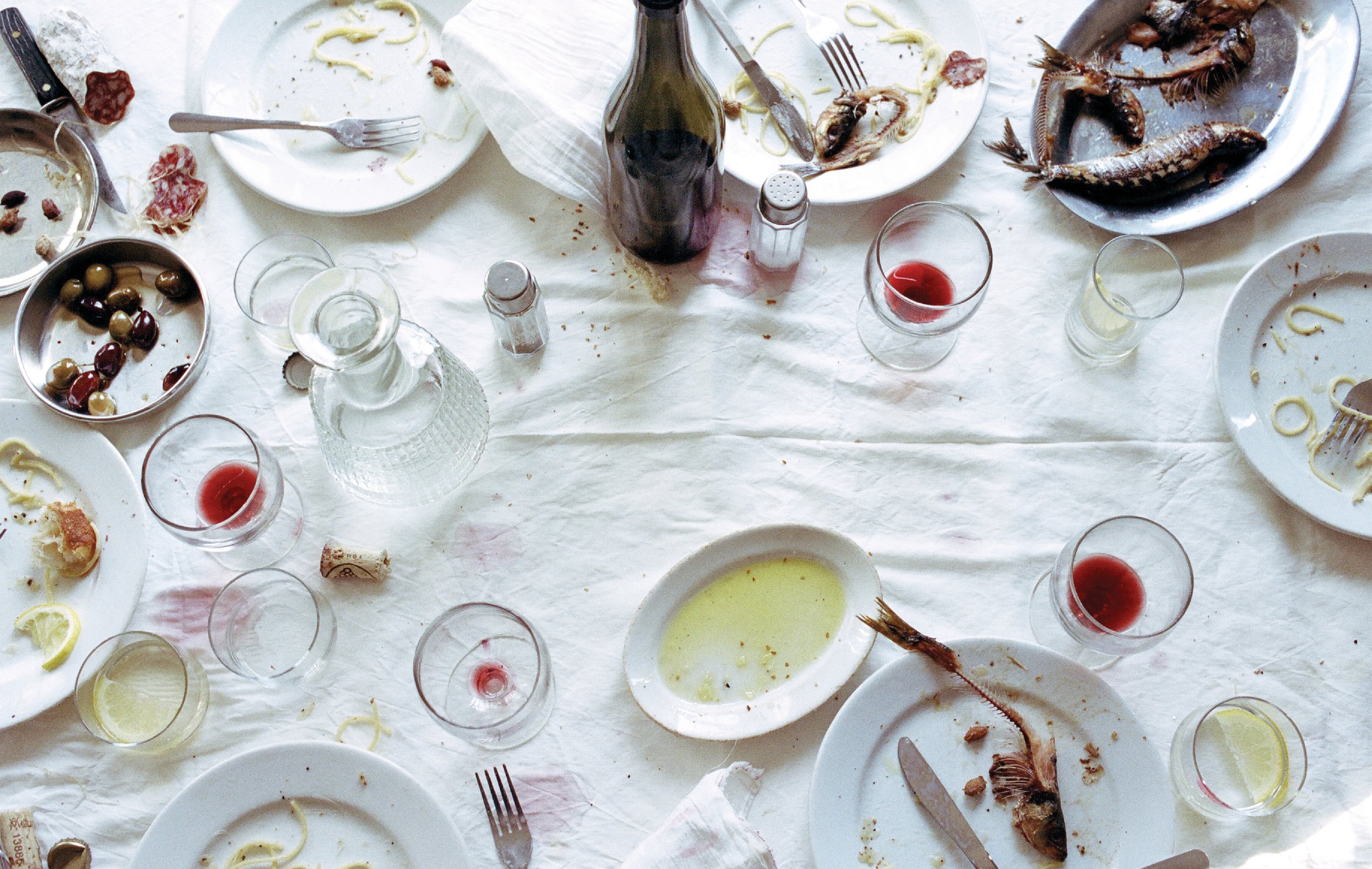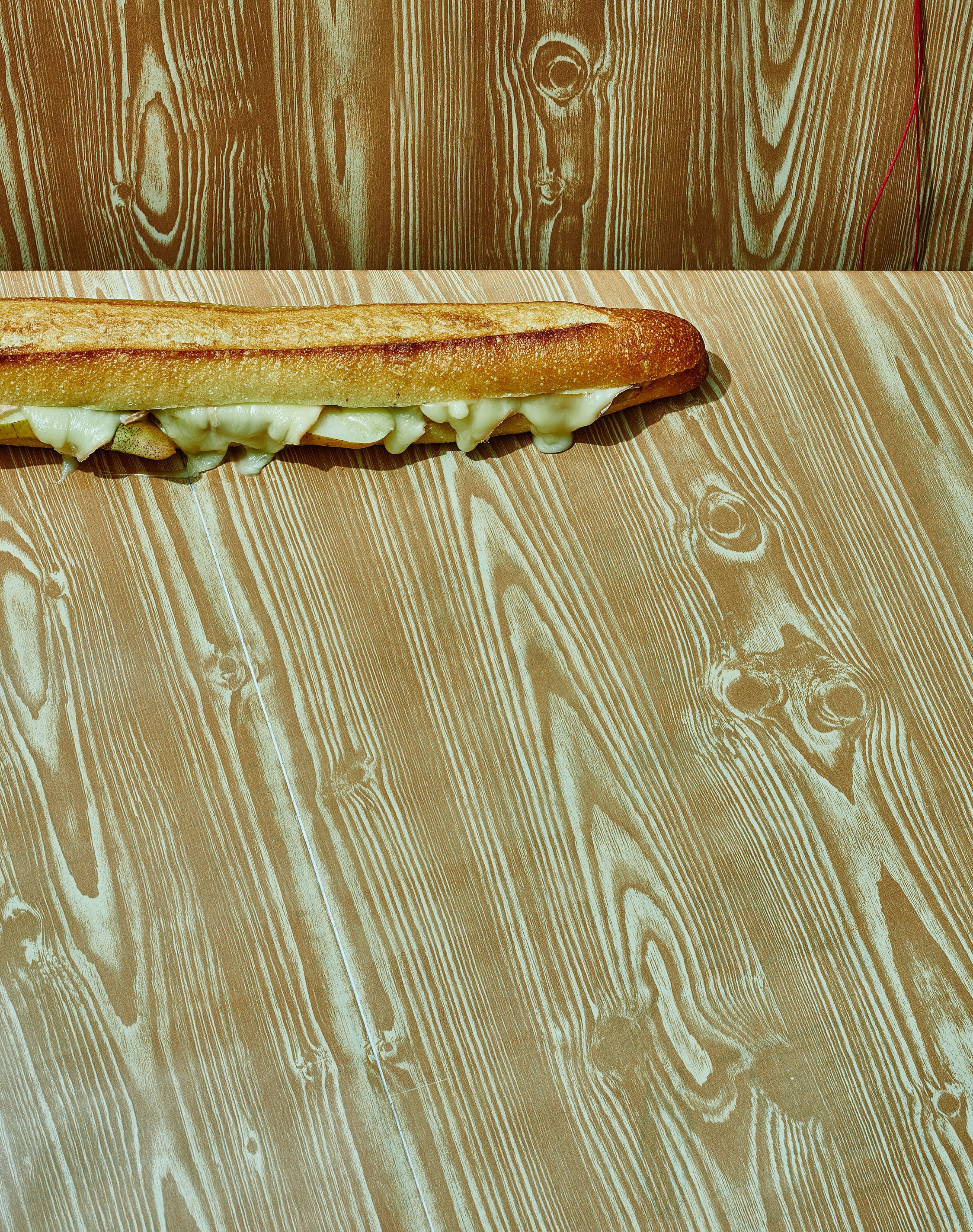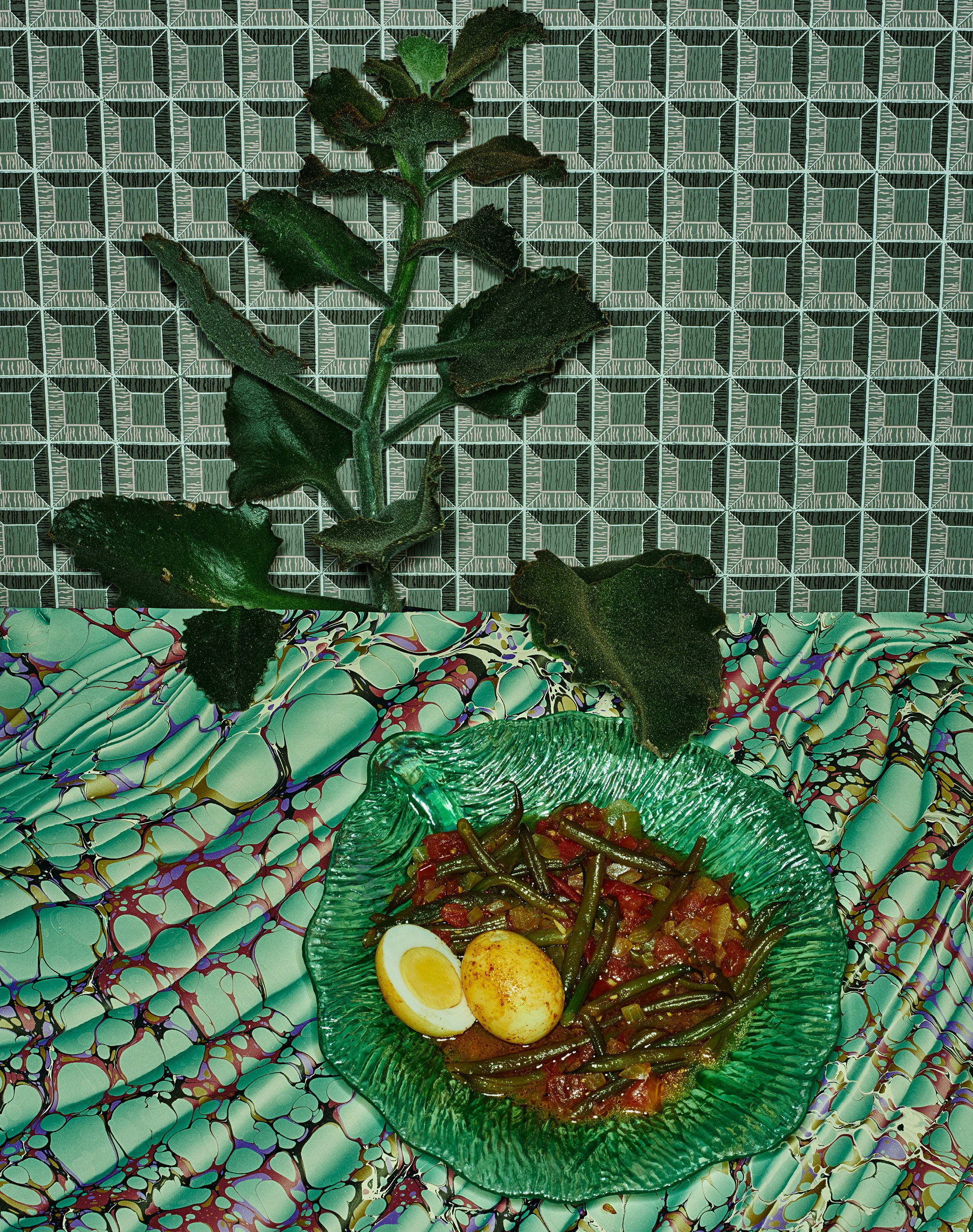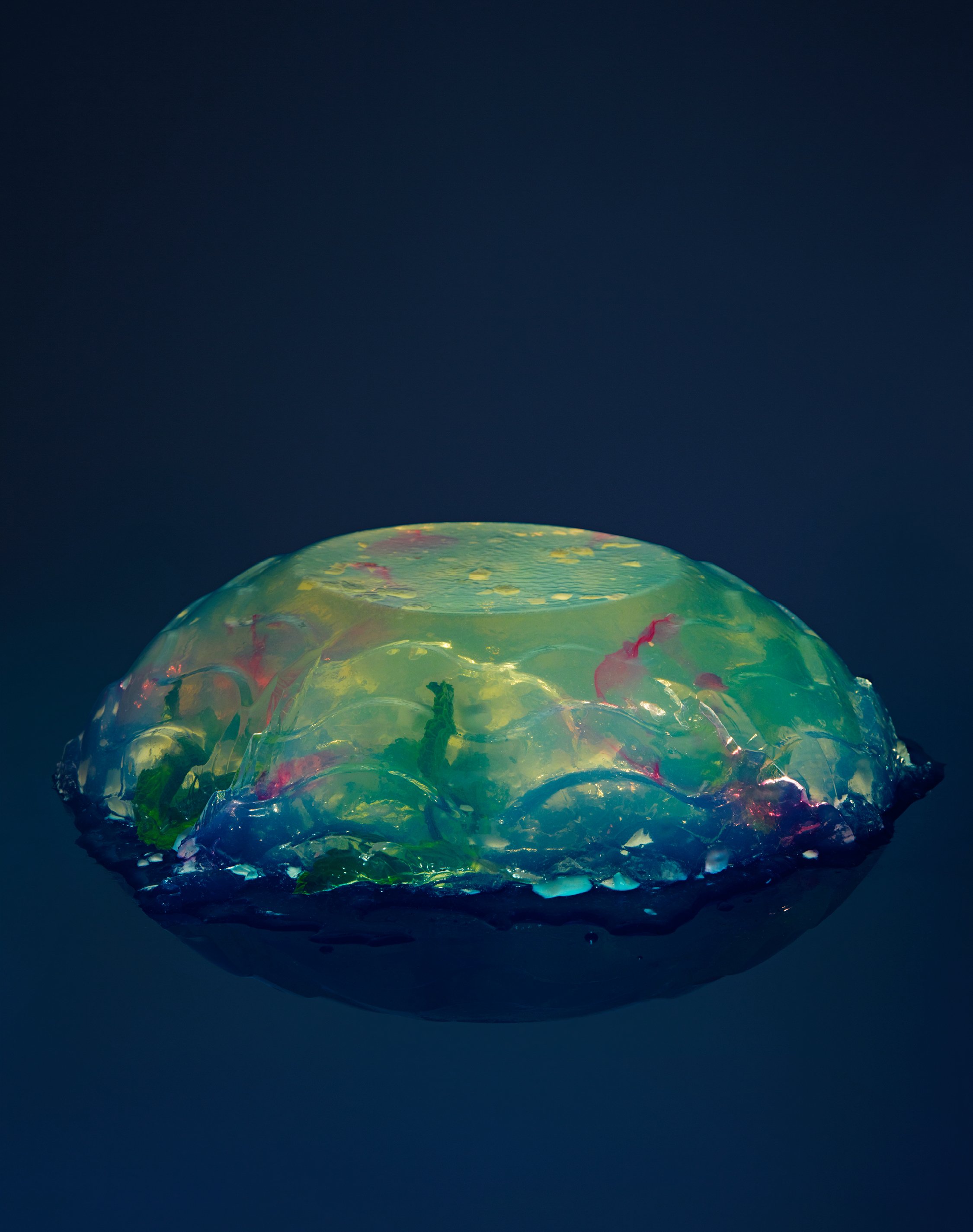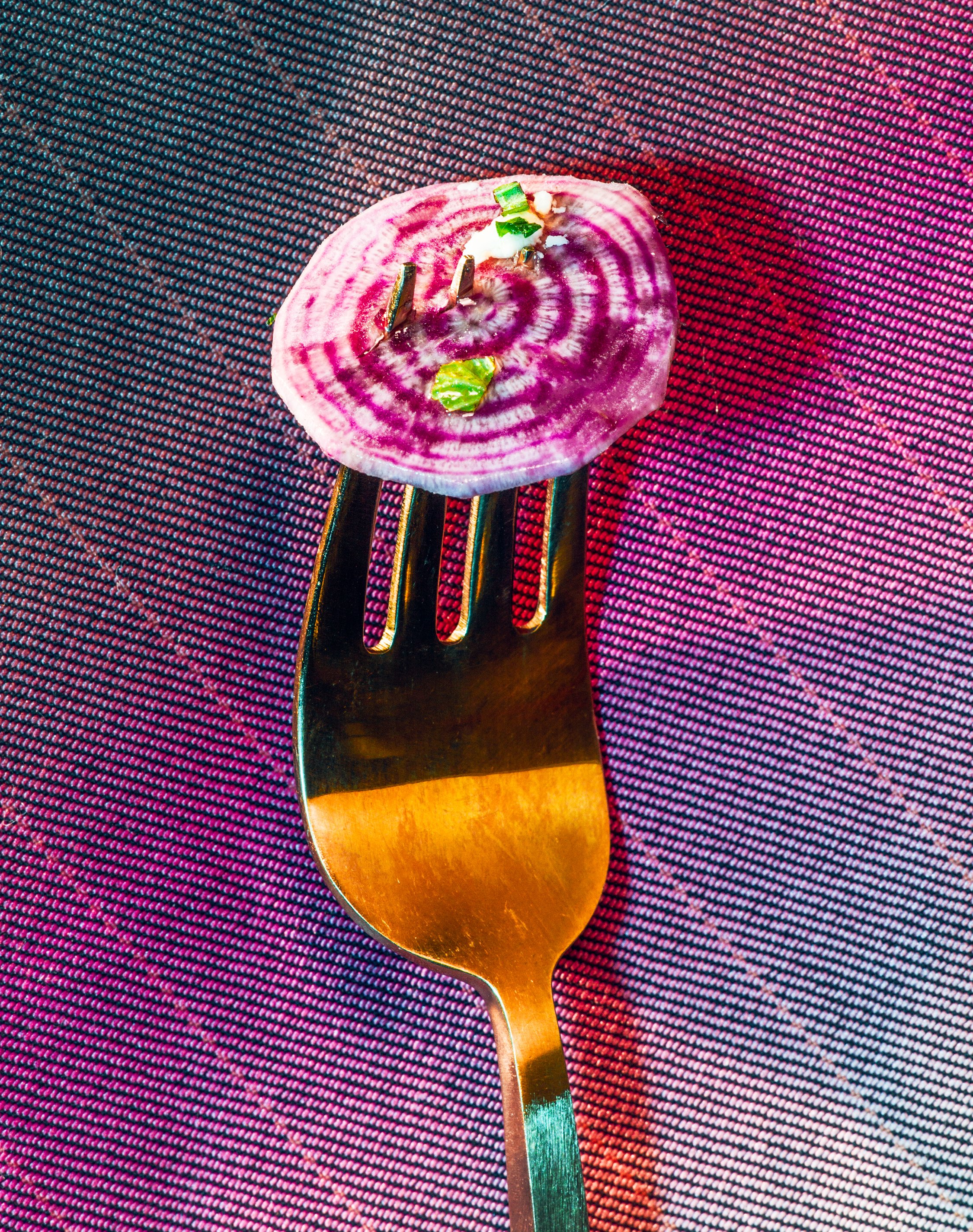Design, Build, Modify
A conversation with designer and editor Scott Dadich (Texas Monthly, Wired, more)
A conversation with designer and editor Scott Dadich (GDP, Wired, Texas Monthly)
—
THIS EPISODE IS MADE POSSIBLE BY OUR FRIENDS AT MOUNTAIN GAZETTE, COMMERCIAL TYPE, AND LANE PRESS
In his mid-20s, Scott Dadich told his editor at Texas Monthly, Evan Smith, that he wanted his job.
A move like that is a combination of arrogance, youth, and frankly, balls. But you should also know that Dadich is an engineer. And what do engineers do? Well, according to one definition in Merriam-Webster, they “skillfully or artfully arrange for an event or situation to occur.”
Of course, you probably know Dadich as an art director and editor, but beyond the titles, he’s the kind of guy who builds things, re-engineers them, re-configures them or, more importantly, thinks differently about them.
To date, his life’s work has been building magazines—marrying words and pictures and combining his love of math and engineering with an eye towards new, unforeseen outcomes in a long career that includes stints at the aforementioned Texas Monthly, and also Wired, Condé Nast Digital—yes, we’ll talk iPads—Wired (again) and then on to his own agency, Godfrey Dadich Partners, where he is trying to engineer a new approach to advertising.
As a rare creative who has helmed a magazine as an editor-in-chief and art director, Dadich has ideas about how to better create everything, from where digital and print sit in the ecosystem, to the makeup of an actual magazine, and even how teams should fit on the masthead. He has put these ideas to practice on the page, on the web, and also on the streams, in his award-winning Netflix series about the creative process Abstract: The Art of Design, which premiered in 2017.
Our conversation with Scott, a rather long one for us, starts right now.
“Leaders who are pioneering the future have an obligation to tell their own story and to do so truthfully.”
Scott Dadich: Are you guys having fun? It’s just such a joy to have this podcast. Let me just say thank you.
Patrick Mitchell: We are having fun, yeah. And thank you. So I’d like to start by asking you about Mookie Sullivan, your fashion brand. Your tie company.
Scott Dadich: Oh, yeah. Wow.
Patrick Mitchell: There’s still a Facebook page for Mookie. But, yeah, what was that all about?
Scott Dadich: That was fun. So Mookie was a product of working and living in New York for the first time. I had started to work at Condé Nast corporate at the moment. But I had a big affection for men’s fashion. Wyatt Mitchell really infected me. Like when Wyatt came to work with me at Wired, he brought the sort of “suiting culture” to Wired.
Wired was not a place where you would dress up in a suit and tie. But Wyatt really taught me the fine art of haberdashery. And also just being a reader of Esquire and GQ over the years, there was definitely a movement where ties became a thing. And I think it was a combination of that, plus graphic design, plus Wrong Theory that I felt like I had something to add into a sartorial context when it came to ties.
And that was confirmed as I became a full-fledged Condé Nast New York employee and it was a whole thing to dress up every day. And so I wanted, it’s really a statement piece that would be at the center of your person and found that I just loved designing the ties. And I had a couple of friends who helped me pull together the manufacturing on it.
And it was actually turning into a thing that we’re getting retail distribution and starting to sell them. And funny enough, then Hurricane Sandy hit. And right after that, I got the offer to go back to Wired as editor-in-chief. And so we put Mookie on the shelf and it never turned into anything. But it was fun. It was a fun hobby.
Patrick Mitchell: Do you still have the full collection?
Scott Dadich: They’re actually hanging in my closet now. And I do dust them off from time to time. It was a moment in time. I’m glad that was not more than what it was, but it was awfully fun to play with.
Patrick Mitchell: Alright, we’ve got a lot to cover, and we’re going to jump around, but I think one of the more interesting, hopeful places that I’d like to start is with your slogan at GDP, “The New Editorial.” And listeners, you can actually go to the website, theneweditorial.com, to read more about it. But for people in our business, this is really an inspiring thing. So can you talk about what The New Editorial is?
Scott Dadich: Yeah, this has been a thesis that’s been kicking around for years. It's funny now to reflect—in my eighth year of GDP that doesn’t feel so new anymore. But I guess the premise of it is one that centers on using the magazine toolkit, using the modern magazine tools to help organizations and brands and movements tell their story.
And that living through the challenges that we all have in the magazine world, and the business pressures, and larger business context that has existed around and suppressed the growth of magazines, and newspapers, and journalism, and editorial at large, that there is a new and fledgling movement among those in the know, and those who are those leaders who are pioneering the future, who are inventing the future that they have an obligation, even a responsibility, to tell their own story and to do so truthfully and in ways that are really dynamic and connect with audiences and stakeholders in really interesting ways, whether that’s a podcast or a video or a speech a CEO gives, but those tools are all really important and actually really germane to the communications landscape that we find ourselves in today.
Patrick Mitchell: It’s interesting because the reason I started this was not necessarily out of a concern for what’s going to happen to magazines, but it was more out of concern for where do people like us go in order to use the many skills, and talents, and resources at our disposal to make the, sort of, fully-fleshed out productions that we make? Because those can’t be applied, necessarily, on the web. And in a way, what you’ve done is you’re doing the exact same thing you’ve always done. You’ve just freed yourself from the confines of 108 pages, plus four covers.
Scott Dadich: That’s beautifully said Patrick. That’s entirely the premise.
Patrick Mitchell: And how have clients responded to that for whom this may be a real jarring kind of approach?
Scott Dadich: It’s been a real journey. We had some really quick and early success where we partnered with some leaders, especially in the space of technology and there was a real ambition and the Wired heritage was appealing to those clients.
But I think over the years, what we’ve come to understand, it takes more than just an appeal. It takes a really entrepreneurial, visionary, transformationalist kind of client or executive to drive the full value from the new editorial.
When you think about a spectrum and on the other side, there’s the cautious adopter—this is a COO, a CMO, a CEO who knows that what they’ve been doing in their communications portfolio might have shifted over the years, or mix of tactics, whether they were paid in an advertising context or PR, may be less effective given the fact there are just a lot fewer publications, newsrooms, places to get that story out through paid channels.
And so they have been seeking alternate methods and seeking new tools and tactics—whether they have to reach potential employees or stakeholders or shareholders or customers—there are needs to get those stories in front of a really diverse group of people and audiences. And it’s been those leaders who really get the bigger picture and who understand the bigger mix and the sort of business drivers behind it versus I just don’t want to run an ad campaign. I want to replace my PR budget with X, Y, or Z.
Patrick Mitchell: It didn’t hurt, though, that the advertising and marketing businesses had just completely lost their way and left a whole wide open for you.
Scott Dadich: Completely. There is a lane. There’s definitely a lane. But it does require new ways of thinking, new processes. I find when we’re in a challenging engagement, there are antibodies that come out of the partner organization to either attack the process or—even when I say we use the tools of journalism, we really do. We require that we get in and our reporters and editors can actually go into the organization and find the truth and uncover it and bring it up and lift it out into a storytelling format.
The clients sometimes forget that they’re on the hook to be able to produce those facts and show the truth. Sometimes it’s challenging and sometimes we have to reveal that they stumbled and that they fell down. And it is the act of dusting themselves off and pulling themselves together to create that progress. And that’s what we root for as audience members.
When Scott met Plat. The first of Dadich’s many collaborations with photographer Platon
Patrick Mitchell: And one of the tools that I think gets forgotten that I think is specific to the magazine business is the ability to be nimble, to be able to pivot, to be able to respond and react. One of the things that I always felt alienated me from non magazine stuff was that whole presentation process where you come up with an idea and you go all in on that idea and if it doesn’t work, they completely start over. So you can’t slide like you can in a magazine. Deb, why don’t you take us back?
Debra Bishop: Sure. So Scott, let’s go back to the beginning. Can you share what it was like growing up in Lubbock, Texas?
Scott Dadich: Lubbock was tough on me. I have such affection for the people and the generosity of the place. The sort of spirit of being a Texan and growing up in what basically was a pretty small town. But I also felt really constrained by it. I felt bored a lot. I felt like I didn’t have a big community of people. My parents had moved to Lubbock and away from family. So the big, familial unit really wasn’t there. It was just me, my mom, dad, and sister. And just there together. So it felt like a lot to navigate at times.
Patrick Mitchell: Moved to Lubbock from where?
Scott Dadich: I was born in Tucson, Arizona. My dad was a tennis pro and he was working at the country club there. And my mom was a nursing professor. And my mom actually got the job. One of the first faculty at the Texas Tech School of Medicine and Nursing. And so that was 1980, I think, we moved there. But they were both East Coasters. My dad was actually from Chicago and my mom from Queens.
Debra Bishop: So were there inspirations or magazines that sort of helped your boredom in those days.
Scott Dadich: Funny enough, as a listener of the pod, I’ve noted the Ranger Rick continuity. Ranger Rick was definitely in there, definitely in the mix. But I remember definitively Martha Stewart Living as one of my mom’s favorite magazines and the stacks and stacks of them around the house, and originally thinking that was my mom’s magazine, but getting into it and discovering so much joy in those pages.
And then Texas Monthly was the other one. Texas Monthly was always the grocery store buy. The thing that we would see on the newsstand at the checkout aisle and you’d always pick up Texas Monthly and put that in the cart.
Those two were big lifelines. And that sort of led me into the rabbit hole. And I’ve always been interested in cars and racing. And so Motor Trend and Road & Track were soon to follow and getting those subscriptions and having things come to the house really became a lifeline. And feeling that there was a bigger world out there beyond the cotton fields of Lubbock.
Debra Bishop: Was there a Eureka! moment that led you to graphic design?
Scott Dadich: There wasn’t in school. The eureka! moment’s a weird story if you want to hear it. So I had this sort of magazine affection, but it didn’t ever click that there were human beings who got paid, that it was their career, to make these things. That never occurred to me.
I really did chase the car thing. And I was really good at math and science in school. And I remember my high school guidance counselor pushing me—and my parents—pushing me into following engineering as a path.
And I used to build model cars. My whole bedroom was just a model-making factory. And I wanted to design cars. But I didn’t connect the thought of the intentionality of a design process and an automobile. And I just got pushed into mechanical engineering and actually got a scholarship to go to the University of Texas to chase that—longer story—but was anorexic, and sick, and misguided, and on the wrong track.
And so I moved back to Lubbock, and enrolled in Texas Tech, and moved in with my best buddy from high school. And he was working at a bagel shop, the first bagel shop in all of Lubbock. And it had just opened up and it was a mom-and-pop—Phil and Marian Hoot. And I was a bagel baker, so I would go in every morning at three in the morning and make the bagels and get everything ready for the day.
And then I could go to school, and I was just in general studies at Texas Tech at this point, in the afternoon. And one day, the owner, Marian, said, “When you open up, there’s going to be a sign painter in here and they’re going to be redoing the menu boards.”
And I was broke. And I’m like, “Whatever you’re paying the sign painter, I’m good at lettering. And I will do it for half of whatever they were going to charge you.” And they were just getting on their feet as a shop. So Marian took me up on it. “Okay, I’ll cancel it and let’s give it a go.” And it was those big black chalkboards and the fluorescent markers. And I had pastels and chalks and I just went nuts.
And I spent all night re-lettering and re-doing all the menu boards. And the next morning, one of our regular customers came in, this woman named Sonia Aguirre, she said, “I love the new menu boards. Those are great. And who did them?” And Marion points to me in the back and I’m making bagels. And I’m probably 19. And Sonia comes back and she said, “I’m an art director at an ad agency here in town. You’ve got real talent. And here’s my card. You should call me and do an internship with me at the agency.”
And I didn’t know what an art director was. I had no idea that it was a job. And one of my buddies who I worked with at the bagel shop was actually in design school. And I was comparing notes with him and told him about the interaction. He said, “Dude, you should totally take that. Design is awesome. I’m designing cereal boxes in my classes.”
“Oh, I love cereal. That’s amazing. I could do that.” So I went and saw Marion and that was the big eureka moment. The light bulb had gone off that there was not only a path here, but I could make a career out of this.
Debra Bishop: You’re still on the Texas Tech website. And the quote on the site—they quote you, probably for enrollment, “The professors gave the extra time and effort to see that my energies were pointed in a positive direction.”
Scott Dadich: Yes.
Debra Bishop: That’s your quote. What does that mean?
Scott Dadich: That is absolutely true. I have a tendency, I think, I’ve always had an affection for technology, and for invention, and progress. So I very quickly glommed on to the Mac as the vector for my interests in design. That the Mac would be the thing that would carry me through rather than the craft of design and the sort of thoughtfulness that I know my professors were trying to guide me into.
And I got enraptured early with Photoshop—and cars—scanning images out of Motor Trend and Road & Track and making these ridiculously terrible car collages. And, you know, took the tough love, and I was like, “I can make a whole career out of this. I’m going to be a Photoshop guy—a Photoshop jockey.”
I had amazing professors that really instilled the rigor that that was not going to be a path. And actually the care and attention to detail and study was going to be required for me to be successful in that space.
Covers from Dadich’s first tour, as art director, at Wired
“I remember my high school guidance counselor—and my parents—pushing me into following engineering as a path.”
Debra Bishop: At the age of 24, you were hired by editor in chief Evan Smith at Texas Monthly to become his next art director. Evan says, “Scott had a combination of charisma and seriousness of purpose and a bigness about his ambition. You could see from talking to him for a very short period of time, he had a plan. He had a plan for himself, and he had a plan for you.” Evan’s quote, I think, pretty much sums you up. Would you agree with that?
Scott Dadich: I don’t remember that quote. I don’t know where you found that, but that sounds right on the money, I would say.
Debra Bishop: But I have to ask what fuels these big plans? Where do you get this incredible drive?
Scott Dadich: That’s a really good question, Deb. I like making. I love being inspired by people around me, creative collaborators who do things that I just can’t even conceive of being able to do. So that’s always been something. An ambition to do more, do better, become more, build new skills.
But I think the other part of it is we just didn’t grow up with much. We had a really lean household coming up. And so it was really hard. And my dad had a bunch of health challenges. Early on I remember being very young and him being very sick. So my mom worked really hard to keep a head.
And I just remember as a kid, how hard that was on the whole family. So there was definitely a motivation not to allow that to happen to myself. And that I was just going to outwork and outperform in order to make sure that I’d be okay. And that those around me and my family would be okay eventually.
Patrick Mitchell: So how did you get yourself in front of Evan—and was DJ involved in the hiring?
Scott Dadich: Yes, absolutely. So DJ came to Frank and Jane Cheatham’s—one of their design lectures. We’d have alumni and folks out in the world doing interesting things come in and visit and guest lecture. And there was a cork board that was like the DJ shrine that was always there.
There’d be the latest Texas Monthly cover and some layouts or posters. And they kept that updated as I recall. And then one day Frank said, “This guy who you walk past his work every day is going to be in and going to give a guest lecture.”
And I remember sitting in that—that was another big click moment: Oh, not only could I do this for a living, but do that in particular—magazines and Texas Monthly—this thing that’s been on my parents coffee table growing up. That was a big moment.
And I just made it a point—when DJ came in he just enraptured me—I made it a point to get to know him, and foster a friendship, and actually get his email. And I chased him. And I was also working at Texas Tech at that point, in the chancellor’s office. So I was working on this magazine called Vistas, which was a science magazine, the alumni science magazine.
So I was in school and working, but DJ was really a vector, like, That guy is amazing! And I’ll do anything to learn from him. And I invented a couple of reasons—and my boss at the time, a guy named Artie Limmer—we both, like, built some boondoggles to go down to Austin and photograph DJ. And we did an ad campaign about prestigious alums. And just a chance to be around him and learn from him more.
And it was through that process we built a really strong friendship and stayed in touch. And I would email him, call him for advice and thoughts. And when it came time for him to move to Pentagram, and he made that decision, he shot me a note and he said, “There’s going to be some change around here. You should definitely get your hat in the ring.”
Patrick Mitchell: How long a period of time are we talking about—from the time you went to see him talk?
Scott Dadich: So probably three years total from the time that I first met him at that guest lecture to the time where he was moving to Pentagram. And he was just extraordinarily generous in both recommending me and making sure that I knew about the opportunities that were shaping up there.
Patrick Mitchell: I’m excited we are going to be able to show some of that work on our website because, there’s just something about—yes, I grew up there. Texas has its pros and cons, but as a city/regional magazine, there are not many others of those that can make the kind of stories that you can make in Texas. And I know you've made a lot of friendships on these just unbelievable photo shoots you went on. These are some pretty fundamental relationships that you created while you were there. You want to talk a little bit about those guys—how their friendships sort of guided your work, and career, and life?
Scott Dadich: Yeah. I count those relationships, those friendships, as some of the most important events, moments—bits of luck—that I’ve ever experienced. You know, the reason I’m going to Austin in a couple weeks is to sit down with Dan Winters and work on a new book together.
I remember the legend of just his renown and his presence because seeing DJ’s Texas Monthly and the incredible work that he and Dan had created together, to get to know Dan—that was also one of those, I must get to know Dan. I must work with him.
So I pitched a photo essay on peaches. It was a June issue—again, Patrick, the joy of Texas is the diversity of storytelling that we get to take on. Let’s just celebrate how amazing summer peaches are. That was going to be—and certainly a rip down from Martha Stewart to be able to do that. But to go to Dan’s studio—we went and picked peaches all afternoon and then photographed them—was one of the most incredible, creative afternoons ever.
And Dan and I still talk about that. Or Platon—getting the excuse to shoot Karl Rove. That was another thing that happened at Texas Monthly. The world came to Texas when George W. Bush became president. And when he started running for president, the world’s attention turned to this guy, this character.
And Evan earned a position in a national and global conversation because of those events. And so when Karl Rove, as his chief advisor, is in the White House, that to me, having been a huge George magazine fan, gave me the reason and ammunition to call Platon and say, “I think we’ve got our first job together.” And then very shortly after that, George H.W. Bush, during the Iraq war.
Patrick Mitchell: All right let’s move to Wired. At a certain point Chris Anderson hired you and you were replacing Darren Perry? That’s such a blast from the past. A really great guy. And I think he died very young.
Scott Dadich: He did. Darren had died and it was very traumatic for Wired and for that community. And I revered Darren’s work. And it was, I believe, almost a year that the role was unfilled. Bob Ciano was actually sitting in, sort of caretaking. And I remember interviewing, not only with Chris, but Jake Young, and Bob saying, “I’m just here to get this thing through and to get its next leader seated.”
So there was a lot of emotional freight that lived in that decision and that role. And I felt a great responsibility to care for Darren’s legacy, but also for what Wired had meant to me growing up as a magazine fan.
“It was one of those things that I just wanted to just press into the magazine foundationally, that you could only do the following things with the following choices and the following typefaces.”
Debra Bishop: I know you put a lot of research and thought into your redesigns. You redesigned Wired in 2007. What was the mandate or the brief from your editor-in-chief at the time, Chris Anderson?
Scott Dadich: So Wired, at that point, was living in that lane that was fairly popular, that every issue could be a different idea. It could hold a different style. It could hold a different ethos. It could hold different typefaces, and color palettes, and design systems.
And Chris and I talked about this quite a bit—we both had pretty strong ambitions for what we wanted to do with it. I remember, though, being really influenced in an early interview with Chris by the “Sunflower” iMac. It was the WALL-E-looking white pod, and the chrome arm, and that articulating panel, which was so new and just such a revolutionary design.
And I compared it to the Bondi blue original iMac. And I said to Chris, “Wired, to me, is like the original iMac, that crazy color. It’s transparent plastic. You’ve never conceived of a computer doing the following things, let alone looking this way.” And that, to me, had been Wired up until that day.
And I said to Chris, “It’d be amazing if we could actually make an evolution of the magazine that felt more like the Sunflower iMac, that was reserved and hugely ambitious in its own right, but much leaner and then take a lot of the color out. And, actually, the only place where the color would live would be in the commissions, and the photography, and the illustrations, and not in these crazy full-bleed fluorescent...
Patrick Mitchell: A lot of people probably don’t remember the original Wired that John Plunkett was the art director of, but they introduced the just over-the-top, money-wasting idea of fifth-color interior signatures of metallics and fluorescent inks. Did that legacy at all influence what you were doing?
Scott Dadich: It definitely did. I was a huge fan. I remember also being at the University of Texas, as an engineering student, having $4 to my name, and trying to rub those nickels together to buy a copy of Wired—and a copy of Fast Company, you’ll be proud to know—at the Book People bookstore right there by campus.
And I loved that magazine. It was becoming clear though, I think, even then in 2006-2007 that the economics that permitted John, and Louis [Rosetto], and Jane [Metcalfe] to make that kind of magazine from a production standpoint, that was not going to be feasible forever.
Patrick Mitchell: You dabbled in a little metallic yourself.
Scott Dadich: We definitely had our moments. And Chris was really great to say, “It’s your budget. You want to go nuts for one month? Go nuts. But you got to trim your sails the next month. You’ve got one year to make it right.” So there was responsibility in places, but it was awfully fun to be able to do that and get the jealous calls from friends. Like, “How did you guys get to do that again?”
Debra Bishop: I read somewhere that the 1958 Erik Nitsche book, Dynamic America, was a big influence on the redesign.
Scott Dadich: Definitely. So Carl de Torres, an incredible designer—he started as an intern with us. And as Carl just wowed us every issue with all that he was able to do. Carl and I got into vintage books and hunting around, both on the web and in person, for great, legendary design books. And that one was really front and center for us and sat right, in the center of the newsroom as one of those bibles for us.
His work, and that book in particular, felt like it felt really important in that Eric in that work was able to visualize systems, and processes, and scientific phenomena that were impossible to visualize and make them clear, or understandable, or aspirational in ways that a lot of the work that we were trying to do at Wired—covering pretty abstract technologies or novel technologies.
Patrick Mitchell: I don’t want to get too in the weeds, but there was something specific about the grid of that book that inspired the Wired redesign. Can you talk a little bit about that without frightening off our non-designer friends?
Scott Dadich: How long have we got? No, I would say it spoke to—because of my love of math and engineering and that sort of rigor that had been put into my schooling around mechanical engineering in particular, that it just made sense to me. It just felt obvious in a lot of ways.
The other thing that it did—when John, and then Darren, even, had every available possibility to them, every choice they could possibly make in the universe from which photographer, which inks, which grid, which design system, and then even every feature well had a difference from feature to feature. It felt overwhelming to me. There was too much choice. And I wanted to put in some formality around constraint.
Obviously, we love constraints as designers. But it was one of those things that I just wanted to just press into the magazine foundationally, into the concrete that you could only do the following things with the following choices and the following typefaces.
Even to use Exchange as our body face, the engineering work that Jonathan put into that to perform because of its role for the Journal that we could flow copy and that—I remember there were copy editors and there were production folks at Wired whose only job was just to track copy and fix it. Just making the copy readable, comprehensible, attractive, that the textures would be fine.
I was like, Surely we can do better than that. And put those efforts into something more rewarding both for the reader and for the designers themselves. So let’s take all that labor out of this area and put it into this other area and see what we can do with that idea.
Patrick Mitchell: Yeah, the grid is a forgotten tool. It’s too bad. All it does is help you answer a lot of questions.
Scott Dadich: Yes. That is perfectly said.
Patrick Mitchell: We’re going to circle back to Condé Nast Digital, but we want to jump right now into you being named editor in chief of Wired. I read your approach to that job was, “Let’s blow some shit up.”
Scott Dadich: I think that was the headline to my first editor’s letter, if I recall.
Mags on iPads. It really happened.
Patrick Mitchell: Yeah, welcome to the new world. Let’s talk about the, sadly, terribly-rare act of an art director becoming an editor. It seems just so, so big an idea, but it’s actually very logical. But how did those conversations get started?
Scott Dadich: I think I always had the ambition to become an editor-in-chief. And I probably even told Evan that I wanted to take his job from Texas Monthly on an occasion or two.
Debra Bishop: You had a plan. You had a plan for him.
Scott Dadich: Little did he know! So I felt early on at Texas Monthly that I got how that could happen. Evan taught me everything I knew about journalism. And my colleagues there, Pam Colloff, and John Spong, and those editors, Skip Hollandsworth, really schooled me in the ways of running a great magazine.
And then, at Wired, I really, I felt really familiar with Chris’s leadership in that Wired had a familiar purview and that it was a essentially a general interest magazine with one specific lens on it to innovation and technology in the way that Texas Monthly was a general interest magazine with a specific lens to it.
So I knew what Chris was doing and I admired it, but it wasn’t until I moved to New York and spent those two years working in Condé Nast corporate, working on digital strategy and, honestly, just getting to learn from David Remnick, Cindy Leive, Jim Nelson, Graydon Carter. To be sitting with them in their magazines every single day for two years was like getting my doctorate in becoming an EIC.
And I remember it was this Hurricane Sandy moment, and we had been displaced from our apartment, and my wife and I were sleeping on Wyatt Mitchell’s couch, and Tom Wallace gave me a ring one night. And said, “Chris just let me know that he’s going to be moving on. I’m running a search for a new editor in chief. Do you want to put your hat in the ring?”
And I was just blown away. And it just felt like it felt essential that I commit everything to it. And I had a conversation with Amy about it. And I said, “If this goes, that means you and I are moving to San Francisco.” And at the time, sleeping on Wyatt’s couch was like not exactly working. We were both up for a change.
So I went to work on a memo describing a vision that I felt was the right one for Wired and put my hat into the process. And probably a month later Tom called me to interview and we had that, and I sat with Si [Newhouse] and described to him what I wanted to do with Wired, and I think it was a day or so later, Tom asked me to his office and said, “You’re moving to San Francisco.”
Patrick Mitchell: You had the benefit, again, of the timing of where the magazine business was. It was just like, Something’s got to work. We can’t keep doing things the way we’ve been doing them.
Scott Dadich: Part of the vision I tried to paint was—so Condé Nast did not own Wired.com. When they acquired Wired from Jane and Louis, its founders, they did not buy Wired.com. It was sitting at Lycos. And it was literally on a machine sitting in a server closet in Baltimore. And I remember when we got it back, it was a big moment.
And we knew that there had to be a big part of the business that would live through Wired.com, and all of the attendant, and corollary, work that needed to come out of the digital channels—a social business, a video business. And so part of the mission, part of what I tried to describe to Tom and to Si was that I wanted to reunite those newsrooms back from their earliest days and bring the original vision of Wired back together. That literally people had to sit together.
And because of the premise that Wired.com was a different group—we called it the “Berlin Hall.” It was the same floor, but different key cards, different offices, different editors-in-chief, different coverage mandates. And it was really about pushing everything together from, literally, the newsroom, to the architecture of the floor, to the systems, to the editorial charter and the kinds of stories that we wanted to tell.
Debra Bishop: I think this is one of the biggest mistakes that magazines made early on, was not combining digital with the print, and making it one team and deploying the same content.
Scott Dadich: We felt the frustration firsthand. I remembered very specifically that the agreement between Wired.com and Wired magazine at that time was that we would take the magazine, print it out and put it in a binder, put it on a couple of DVD-roms, and literally walk it across the hall and say, “Here’s the magazine. Put it on the internet.” And it was not fun for anybody in that scenario. So the pain of that experience was certainly a driver in our thinking to reunite everything.
Debra Bishop: Talk about the transition, though. How did your transition from creative director and then being editor-in-chief go over with the Wired team? How did that go?
Scott Dadich: I was so happy to go back because I loved that crew. I loved my colleagues. And in the two years that I wasn’t there a couple of new colleagues had joined that I had just heard legend of. A woman named Caitlin Roper had joined, and Rob Capps. And it was a moment where I just felt really comfortable and excited.
Obviously there were points of friction where some folks had raised their hands for the same job and because I got the nod, there were changes that needed to be made. And some people chose to leave and that I think is a fairly standard moment in a magazine’s life cycle when it is going to evolve and new people bring their vision to the work.
But I got nothing but support from almost everybody there. And a real, “Let’s make this work.” And wherever you’ve got deficiencies—and I have plenty of deficiencies—people would really step in and say, “I got you on that. I can cover that if you can think about this over here.” So it really was a team effort from day one.
Debra Bishop: And on a personal level, as a designer, did you enjoy that move up? Was it a balancing act between letting go of visuals and letting someone else take over?
Scott Dadich: It was. I think one of the challenges I faced in that first year was because of the pre-existing relationships that I had with so many of my colleagues, and the context in which they knew me, and the reasons they’d come by my desk tended to do with a creative approach or a design approach rather than the editorial decision that needed to get made.
So I think it was when Billy Sorrentino took over as creative director that I really felt like I had a partner there. And I could see that decision-making, and I could work with him as a true collaborator and partner because I knew what it felt like to be treated like a partner by Chris or by Evan.
And I’d seen it at Condé Nast. I’d seen the relationships that were working well and those that weren’t. And so I had a bit of a model that I wanted to pursue. And as we had this sort of explosion in responsibilities in video, in social, in retail, in digital, in product, that we had to think about, it just became a necessity that it would be a team approach to leadership.
Covers from Dadich’s second tour at Wired, as editor-in-chief
“I went to work on a memo describing a vision that I felt was the right one for Wired and put my hat into the process.”
Patrick Mitchell: So you’ve talked about merging the dotcom back into Wired, but I also remember how you rejiggered the masthead a little bit and suddenly the way the thing was structured was there was a “head of editorial,” a “head of creative,” a “head of digital.” It seemed like some clarity that had been missing for a very long time in terms of how magazines actually got made. They’re just small moves in the sense that you just type things differently, but they were really big moves. And I wonder, as you were making these changes, and incorporating the dotcom, and really re-engineering Wired, in the way that you like to do, how did everybody handle these moves?
Scott Dadich: You would definitely have to ask them because I think not everything goes smoothly or to your best intent or to, to the ideal. But a couple of things were really key. One of them, Howard Mittman, was my first publisher. And Howard and I worked together for years and he was really a great colleague, and a trusted colleague and friend. But Kim Kelleher joined us when Howard moved over. And Kim and I had a very frank conversation in her interview process, and in our very earliest days, about a one-team approach. That yes, we would maintain a rigorous church-and-state system, and that we could do that with a single leadership team.
And I remember a full day of conversation about that. And then a decision that we were going to name those leaders together and that they would co-report to both me and Kim. So we would essentially act as equals in running the system and that we would have our lanes certainly. But....
Patrick Mitchell: Kim was the publisher?
Scott Dadich: …Kim was the publisher and chief revenue officer. I think that was the title at the time. But that was new also. And I think because we were able to do that at the very top, it set a kind of tone around where we were going and the kind of rigor with which we wanted to run the organization, that it is a business and we needed to have an awareness of the fundamentals of how that business was doing in order to protect the journalism, and to invest in it, and to take the big swings that we wanted to take, whether that was putting Edward Snowden hugging an American flag on the cover or spending almost a year to convince President Obama to guest-edit. And it was because we had those systems in place that we could take those much bigger swings with the editorial.
Dadich (center) with Joi Ito and President Barack Obama in the Roosevelt Room of the White House on August 24, 2016.
Patrick Mitchell: You had some incredibly amazing editorial highlights in your time there, the Edward Snowden in Moscow, your big-name guest editors: JJ Abrams, Christopher Nolan, Bill Gates, Serena Williams, President Obama. Can you tell our listeners, a) how those guest-editorships worked from the first ask, and b) how that process went with our former president?
Scott Dadich: Sure. The guest-editorships, I think were one of my favorite parts of Wired. To some degree, certain guest-editors did more than others. But I was really lucky in that we had really involved guest editors and it became, I think, a highlight of the year when we got to do that.
The Obama issue was—you talk about relationships and being in person and fostering conversation—that really came from a really random moment, actually back to Austin being at SXSW, as we would always go, and running into a buddy of mine who had been doing some consulting with the White House, and his very dear friend had become the chief digital officer of the White House.
And we just went and we’re having margaritas one night and I said, “We should do something with the president.” We’d been trying to get him into the pages of Wired for a long time. And this guy, Jason Goldman said, “Pitch me some ideas.”
And so I wrote a memo, and included everything from The Wired Interview to a feature story—and we were talking a lot about AI at the moment—to all the way to the president should guest-edit an issue. And Jason brought us out to the White House that spring.
And I remember sitting with Jen Psaki just outside of the situation room, and it was me, and Caitlin Roper, and Adam Rogers, and Rob Capps. And we made our pitch. And Jen really got it and she said, “I think this would be amazing. I think the president would love to do this. Send me some more documentation and let’s talk about what the process would be.”
Obviously he’s got a day job, so he’s not going to be wandering around the Wired newsroom, but if we can engineer something where he can have his fingerprints on this—and he will have thoughts. He’s a great editor, obviously a great writer. He’s going to mark things up and he’s going to give notes on things. And if you’d be willing to engage us on that.
We also put in some guidelines and frameworks, but we agreed to it that spring and then spent the better part of the summer working with the team at the White House and then getting notes back from the president about story selection and edits and he killed a few things.
And we had engineered a moment in August of that year of 2016 where we’d be together. Do the interview, do the photoshoot, really spend the better part of a day together, looking at all this work and talking about it. And that remains one of the great highlights of my career to be able to do that. That was just a day I will always hold very dear in my heart.
Abstract: The Art of Design, created by Dadich, premiered on Netflix in 2017. Above, trailers for Seasons One and Two.
Patrick Mitchell: Speaking of things dear to your heart, we have to talk about Abstract. You created the series, Abstract, in 2017 with Morgan Neville, featuring, of particular interest to our listeners, illustrator Christoph Neimann, Paula Scher, the photographer Platon, and Jonathan Hoefler. Just talk about how and when that idea came to you and a little bit about how you got it made. You were editor of Wired at the time, right?
Scott Dadich: I was. So the funny thing is Abstract is born of magazines and many leaders that are listeners here will know—Gael Towey, Luke Heyman, Rem Duplessis, Dirk Barnett, Florian Bachleda—we all got together with the premise that we had all been getting invited to design conferences. And we saw people making businesses out of talking about design and talking about creativity.
So we put it on ourselves to found our own conference. And we put that on in Portland, Maine in 2011. We all co-founded it, and we put our own money into it, and hosted it, and we made a little profit. But it was a blast. And we all stood on stage and we had people we admired stand on stage and talk about creativity and their creative process.
I think we all got pretty busy with day jobs, and I got the Wired editor-in-chief job, and I’d still felt really committed to the idea of Abstract. And so I actually went to all my co-founders and asked to take it and to take Abstract as a name and as an idea, and really push the boundaries of what it could be.
It ended up being something that I just noodled on for a couple of years, but really saw some traction with an idea that we had at Wired called Wired by Design. It was a similar premise that we would bring people together, but beyond the boundaries of magazine-making into broad creativity, culinary, music, architecture.
And we hosted a two-day event at Skywalker Ranch called Wired by Design. And there were a couple of execs in the audience there who gleaned onto it, I think, in the way that I had been thinking about it. One of those guys was a guy named Dave O’Connor. We had been doing a bunch of video work together. He was at Radical Media at the time. And another was a guy named Justin Wilkes.
And together, we just started iterating on it. And Dave said, “If you have thoughts on how to turn what was on stage into a documentary or documentary series, I think we’d have something to bring to Netflix.” And so I built a deck and sketched out what the show could be. And Dave and Justin added their voice to it.
And then we got Morgan on board. And Morgan saw it immediately and understood how to make this show. And we took it to Netflix and we—I remember we were with Ted Sarandos himself, and Ted and Lisa Nishimura green-lit it almost on the spot. And this was the moment when Chef’s Table was taking off, and there was a little bit of corollary to say, this is Chef’s Table but for modern creativity. But Netflix really invested in doc series as a format, and we got off to the races later that year.
Patrick Mitchell: In a weird way, accidentally or on purpose, it’s actually a prototype for GDP, for The New Editorial.
Scott Dadich: You’re right, Patrick. GDP exists in large part because of Abstract. And that two-year period of making Abstract, and getting to be around those design luminaries and see the risks that they took, see the bets that they made, see the process firsthand, it was like getting to be around all those Condé Nast editors-in-chief, but this time at the, sort of, industry scale. And to sit with Paula, and sit with Christoph, and sit with Bjarke Ingels and understand how they were building their businesses felt like an imperative to me.
It was super, super inspiring. And it was part of my thinking that I need to create an entity, an organization that can not only support Abstract, but support my ambition and this team’s ambition around making design a business.
Debra Bishop: Are there plans for more?
Scott Dadich: I wish! We were casting Season Three when the pandemic hit. So I still have that doc, and Morgan and I talk about it all the time. That is one of the most joyful periods of my entire life, getting to make Abstract. And I still hear from people every week who are discovering the series and asking when Season Three is coming.
Patrick Mitchell: I think it needs to come back as a reality show.
Scott Dadich: There we go. Vanderpump Abstract.
One of many collaborations with photographer Dan Winters
Patrick Mitchell: Speaking of reality shows, we have to talk about The Memo.
Scott Dadich: Oh boy.
Patrick Mitchell: Just so you don’t feel picked on. Deb and I can both share similar experiences. Mine had to do with teaching the younger guys at Fast Company how to coexist with women in the early days of coed bathrooms. Deb’s experience at Martha Stewart, I’m sure was...
Debra Bishop: …Oh, no, we had cleaning staff around the clock at Martha Stewart. You were expected to keep—remember it was an open plan, Scott, you’ve been to Martha Stewart many times.
Scott Dadich: I have. I might have Martha to blame for this memo.
Debra Bishop: Yes, that’s what I thought.
Patrick Mitchell: So for those who don’t know, this was...
Debra Bishop: Only I would know that.
Scott Dadich: Yes, you would know that. You would know that and Gael would know that, but…
Patrick Mitchell: ...Wired had moved into brand new offices. Spectacular, stunning...
Scott Dadich: We didn’t move. We redesigned. We tore the whole thing apart and rebuilt it from scratch.
Patrick Mitchell: And frankly, The Memo is like every designer’s wet dream—to place the highest priority on aesthetics. But so the memo said, quote, “The offices are an embarrassment. Coffee stains on the walls, and countertops, and desks. Overflowing compost bins. Abandoned drafts of stories and layouts full of highly-confidential content. Day-old, half-eaten food. And yes, I’m going to say it, action figures.” In the group of three that’s here right now, it doesn’t seem irrational, but it sure got picked up a lot.
Debra Bishop: Seems fairly normal. Action figures? For sure.
Scott Dadich: Sure, why not? Absolutely.
Patrick Mitchell: That’s how magazines are made. But a lot of people had a lot of fun with that. Your thoughts?
Scott Dadich: Oh, God. What an ill-advised—what an ill-advised communication. I really struggle. I was listening to Korpics’ episode and I really identified with what he was describing in the OCD tendencies. I find myself to be a bit of a perfectionist, and it does, like, it lives deep inside of me and I’ve done a lot of therapy and a lot of coaching work to move past that. Yes.
Debra Bishop: Okay, so then I can ask the question: When you get up in the morning, are you the same Scott that goes to work in hyperdrive—it’s constant?
Scott Dadich: I have an amazing coach. I’ve been with a couple of different coaches over the last decade that I just credit hugely. I think there are a couple of different Scotts. And there was Wired Scott, who wrote that memo, and I don’t think he’s around much anymore. Hopefully for the better. But I’d also say Martha definitely was an influence on that. And I had a conversation with her about that…
Debra Bishop: …that Scott has been rehabilitated.
Scott Dadich: Yes. But there was also like, there was a character that you needed to play as a Condé Nast editor-in-chief that was almost like an avatar of yourself, that was mostly designed by the business side, and mostly propagated by the publishers. But sometimes you got a little ahead of yourself when it came to who you actually were. And what you were doing is playing that role.
Debra Bishop: Maybe you could talk a little bit about what exactly Condé Nast Digital was and what you were planning to do with it. But for the most part you were in charge of creating digital editions for each magazine, correct?
Scott Dadich: So Condé Nast Digital was its own entity. Actually separate from the, sort of, print magazine world. And it was probably symptomatic of that original Wired.com/Wired magazine conversation that not all editors-in-chief had permission, or budget, or authority to run their digital newsroom.
And that was one of the conditions that Chris and I wanted to set up—that the digital edition, the digital version of the magazine would be of-and-by the same people that made the print magazine. Not because we thought we were better, but because there was a condition set around the editorial coverage and the editorial charter and mission of that coverage to take big swings.
We also had a better budget. We had a print budget to send people on big photoshoots, and commission big infographics, and illustrations, and pay $5/word for great writing and reporting. So we wanted to make sure that was the very soul of what we were trying to do. And, we built the Wired digital edition with our friends at Adobe, and in full partnership with Apple and their support and coaching.
I had a meeting with some leaders at Apple, who are still there, in August of 2009, where we had this sort of vision demo and I had built a little reel of thinking, Here’s what it could look like. But it was following the success of that, that Tom Wallace, again, as editorial director of Condé Nast asked me to New York and asked me to think about what The New Yorker could do with these tools and these technologies.
And we had a great conversation with David Remnick. And David and Pam McCarthy raised their hand really to be next and thinking about, not only how The New Yorker could deliver into this device and into this frequency, but how it actually had the opportunity to change the business model of the publication and how it might enable that idea of a membership to The New Yorker.
And having the Kindle come out, and having all the other activities that were happening, and different kinds of tablets really helped propagate the idea that you could create a higher value for the relationship with the title and you could access it in a bunch of different ways.
“Part of my thinking was that I needed to create an entity, an organization that can support my ambition and this team’s ambition around making design a business.”
Debra Bishop: So what caused the ultimate demise of the app development?
Scott Dadich: I think we were wrong-headed in a couple of different areas. We made mistakes based on the technologies that we had. We made mistakes based on where the economic conditions forced us, whether that was a rate-base model or trying to protect print advertising pages, down to probably what was an erroneous assumption that people wanted to read magazines on tablets. Even today, I don’t want to read a magazine on my tablet. I read it a lot of different ways, but much more on my phone probably than anything else.
So I think there are a number of factors that caused its ultimate failure. But I’m also really proud of the work. Mostly because it changed the nature of an editorial conversation and a storytelling conversation out of column inches and number of pages into the true ambitions of what the narrative and what the journalism required.
Whether that was an audio format, or a video format, or experiential format, it broke us out of a cycle and a posture that dictated the outcome based on format. And I think that ultimately is something I’m enormously proud of. And I think we’re seeing the right titles and the right leaders make great progress with that idea.
Patrick Mitchell: This is a big bugaboo for me because, you know, the iPad came out in 2010, but the internet, et cetera, came out 12-15 years earlier. And it just seems like the five families—Hearst, Condé, Time, Meredith, Rodale—they just seemed like they twiddled their thumbs waiting, not knowing what was coming. And then they decided the iPad was it. And, Now we’re going to take digital seriously. And you’re right—it’s the way you describe it. It ended up not working because that’s just not how people wanted to do it. And they just, they keep their head down buried, still with the same recipe: subscribers, advertisers, cut costs, cut people. I successfully avoided having to deal with an iPad version of anything, but I’ve heard horror stories. Our friend Gretchen told me when she was the art director at House Beautiful, which must’ve been around this time, and at that time they were trying to do an iPad edition, which meant you had to not only produce your magazine, but then you had to do a vertical version for the iPad and a horizontal version for the iPad. And then, Whoa! Wait a minute! Let’s have those same people who are now doing triple the work—let’s throw Veranda magazine at them. Let’s create a house design group, and combine a bunch of magazines, and have that same group of people now produce ALL of this for ALL of these magazines. And, boy, it just seems so wrong-headed.
Scott Dadich: It was really tough. And I am super-guilty here in thinking that was going to be a requirement that we had to have all those conditions and we had to have all those postures. Part of that, Apple was a very strong advocate that you let people use things in the way they want to use them. And one of those conditions was, If they want to look at a landscape, it ought to work in landscape. They want to look at it vertically, it ought to work vertically.
But it was also too much. Looking back, it was just too much to ask. And I think we understood that it would be hard initially, but we were also under the impression that the tools and the technologies were going to out-pace that need and that it would get a lot easier, a lot quicker than it actually did.
Patrick Mitchell: And yet still no real innovation from big publishing to this day. All right, I have to ask you, this is personal, but I’m in the middle of reading the Condé Nast “canon.” I just read Tina’s book. I’ve read Anna’s book. And now I found this old Si Newhouse book. I don’t know, it’s seven or eight years old. Have you read this book?
Scott Dadich: No, I need that. You need to send me that, Patrick.
Patrick Mitchell: It’s funny because I’m reading it on my iPad. I’m reading it on an iPad!
Scott Dadich: Imagine that!
Patrick Mitchell: But, my God, what a company. And I had no idea that Si bought Tina her house. That Graydon’s vacation house came thanks to an interest-free loan from Si. We interviewed Linda Wells yesterday from Allure and she talked about her interest-free loan on her house and a free car that she got. Si just loved to give out money. And I’m wondering—yes, I do know about that sweet apartment you had when you were in New York. In the Gehry building, right? Maybe you don’t have to say anything. You can just nod your head.
Debra Bishop: He’s nodding his head.
Patrick Mitchell: How much interaction did you have with Si? And what was your take on Si and Condé, just from a kid from Lubbock’s perspective?
Scott Dadich: I loved working for Si. I absolutely adored that guy. He was described to me in the early days, when I was working for Chris Anderson, I knew that Chris had to go every month to do the print order, and bring the printed magazine and show it to Si, and sit down and flip through it. And it was pretty soon after hearing about that, that I found myself in the same room with Chris every month. So the chance to get to go to New York every month and have that meeting with Si and understand the questions that he was asking and the prompts that he was pushing us on made the magazine better. Unequivocally better.
It was hard because you put yourself into every single page, and every single decision, and every single story in the issue. But then to have Si say, just bluntly, “I don’t get it. This doesn’t make good sense for this time, or this cover, or this magazine, or that photo.” And obviously the work that he had done with Alex Liberman and a host of incredible editors and collaborators. Si was just amazing.
And so I felt really fortunate to be in his company, and in his care, and in that room. When it came time for me to take over Wired, I had to interview with Si, and I had to describe what I wanted to do with Wired. And he loved Wired. He had loved it since the very first issue. He was an investor in the enterprise that became Wired.
There was a great personal attachment that he held for it, and I just considered it an absolute privilege. And he was getting up there in years even when I started working for him, and then even in later years, when he was less well, I took enormous care to appreciate the rarity of those interactions.
And I think I was probably one of the last editors-in-chief that Si actually named. I think it was me or Adam Rapoport. But it was not long after that, that he stepped out of the day-to-day.
Patrick Mitchell: The book talks about the limo that picked him up every day at four. But he did take a nap after lunch. And he went to the gym. And then he took another nap after the gym before dinner. So that’s how he pulled that off.
Scott Dadich: Yeah, you’d catch him in the afternoon in his sweats. So you knew if he got the work out in or not.
The GDP promo reel
“Sitting in San Francisco, with founders and entrepreneurs in the halls just about every day, it gets really appealing to think about yourself in one of those chairs and in one of those roles where you wonder, ‘Can I do this myself?’”
Patrick Mitchell: Let’s move on to GDP. And I don’t want to short-shrift it. So talk about the end of Wired, how that came about. It looked like you saw the handwriting on the wall. When did the idea and the conversation start for launching GDP?
Scott Dadich: Yeah, that year, that 2016 year, was really thrilling in the work that we’re getting to do with President Obama and the White House. And we had a brilliant couple of years editorially, working with Christopher Nolan, and doing the Snowden interview in Moscow, and the kind of growth we were seeing in the website—the plan was working, reintegrating Wired.com into the main newsroom and sharing leadership of that.
We crossed a billion page views—first time that had ever happened. I think quarter-of-a-billion unique visitors in one year. And a bunch of new digital revenue was coming in. So that all was working. But the industry was under, and it’s still under, even worse pressure. And at that time we were really starting to feel it.
That showed up in ad pages. That showed up in economic decision-making. It showed up in marketplace trends. And it felt really like constriction. And it felt like there were big storm clouds on the horizon. And at that time, I had been in one role or another associated with Wired for almost 11 years.
And at the same time, getting to make Abstract. I’ve got Abstract going on one side. That’s not Condé Nast. And I’ve got this work with the White House and the president on the other. And it felt like I wanted to go out on top with the Obama work, that I could not see or imagine another subject, or collaborator, or guest editor, or a thing that we could do under my care at Wired that would be more fun or more fulfilling than that.
And sitting in San Francisco, sitting in Silicon Valley, where we have founders and entrepreneurs in the halls of Wired just about every day, showing us their new product, or their new business model, or their new idea or technology or design, it gets really appealing to think about yourself in one of those chairs and in one of those roles where you wonder, Can I do this for myself? Can I choose to work with people where we go chase that idea in the way that we were trying to profile it with the subjects of Abstract?
And as we had come to the completion of that first season and the work that Morgan, and Dave, and I were doing on Abstract, we started to talk about Season Two and it really became clear that a vehicle around that needed to be built. And then the election happened. And, as part of the Obama issue, we were set to have an event at the White House to celebrate the issue coming out.
And one of the stories we had in President Obama’s issue was around the Mars series on Nat Geo that Ron Howard and Brian Grazer had created. So we’re going to have a screening of the Mars episode the morning after the election. And I was staying at The Hay-Adams, across the street from the White House, and getting prepped to go to the screening and sit with the president. And obviously that didn’t happen.
And I got an email at about 3:00 am, after the Trump result was announced, to say the president was canceling everything and I would be going back to San Francisco. But it wasn’t long after that, that I actually talked to one of my colleagues and contacts at the White House to say that the thinking that the team had been doing, the president had been doing around the Obama Foundation, had presumed launching under President [Hillary] Clinton.
And obviously that was not going to happen now. And so they needed to think about a different posture for launching the president’s next phase of work, and would I think about that. And could I help them think about communicating that and articulating a strategy there.
And it was that moment that was now we’re starting to see a pattern here where there are a couple of other activities, a couple other things that feel much more mission-oriented for me, and that I would feel really good about taking that challenge on, and stepping out of the Wired role and chasing something that was really true to what I was good at as an editor, as a designer, as a journalist, but also stretched me.
And we were really lucky at Wired that we had some help from an agency in town, run by some amazing people who had helped us articulate the Wired editorial strategy. And it just made a lot of sense that we could come together and provide both the business context and the rationale and understanding how to work with clients, but also to apply the journalistic integrity and the premise that would ultimately become The New Editorial, and put that into a consultancy.
And so that was the run-up. And it was probably a year of really deep thought, and conversations I was having with friends and colleagues, both in the industry and in technology, where there were a bunch of different possibilities, as I started to open the aperture of what could be possible after Wired. But this, I just felt, made the most sense.
Patrick Mitchell: That’s the problem. That aperture starts opening.
Debra Bishop: We know that you always have a plan, Scott. So what was your plan? How did you go about starting GDP?
Scott Dadich: A couple of us came together to do that and take on different roles and responsibilities in the running of the business. But it was also just about getting clients and providing the economic engine to start hiring people, and to start to pay rent, and to offer 401ks, and all the things that you’ve got to do as a business owner. And as someone who people trust their career with. And they trust the best years of their career with you.
So there’s a lot of pressure to that. But it was fundamentally about one of the lessons from Abstract, these big, ambitious designs and movements get created one step at a time. And it really is putting one good decision after another. And sometimes you fuck up and you need to make a different decision, or you need to alter your path. But do the best of what you can each day and with each decision.
And certainly it’s been enormously difficult, probably the most challenging thing I’ve ever taken on. But now I’m in my eighth year of it, and longer than I’ve ever held any other job. I was editor-in-chief of Wired for a little more than four years. I was creative director for five.
So this is something that I see as the rest of my career. I will not run out of challenges in this role. And we’ve been really lucky to join a collective of like-minded companies in the Kyu Collective. We work with sister companies like IDEO and SYPartners. And we’ve had a brilliant soul named Keith Yamashita join us as our chairman.
So we have the mentorship, and the guidance, and the sort of business acumen around you to chase this ambition. We acquired a digital company last year called Upstatement, also born of an editorial mindset from the newsrooms of The New York Times and the Boston Globe.
So we’ve just been doing our very best to surround ourselves with the people we can learn from and who share that same ambition, and the responsibility to share progressive and positive stories with the world in the right kinds of ways.
One of GDP’s early projects was a high-profile redesign/rebrand of a decidedly legacy magazine brand, National Geographic.
Patrick Mitchell: So, as you said, you joined the Kyu Collective, which is really one of those agency holding companies, right?
Scott Dadich: There are those descriptors, and I think they get well applied to organizations like WPP or Omnicom. But Kyu is very decidedly, through its founding, not a traditional holdco. It is run very much as a collective. We are all the managers of it and the leaders of it. And while we have a brilliant CEO, a guy named Michael Birkin, who has incredible experience. He was responsible for Interbrand, essentially, and basically created the concept of brand valuation, and ran a huge chunk of Omnicom. But we also organize ourselves and work together in ways that are totally voluntary. It’s just about the choices that we make rather than the sort of top down of a big agency holdco.
Patrick Mitchell: I noticed that on The New Editorial page there’s a sort of subgroup of the three of you and the slogans:
GDP: “The brand studio with an editorial mindset”
Upstatement: “A digital product studio with an editorial mindset” and
Ghost Note: “We can tell rich stories of the people because we are the people.”
So how did the three of you put yourselves together—and how do you work together? And where does this collection lead?
Scott Dadich: Great question. Thank you, Patrick. So as we started GDP, and came to understand our practice as we were writing it ourselves and came to find the successes and try to double down on those successes, it became really clear that it was just not going to be enough for us to operate independently. And that it would take too long. We wanted to accelerate our progress in some pretty meaningful ways. So that was one of the decisions around joining Kyu, to join with people that saw the world in the same way that we did.
And it’s not too long after that, that we met these three guys who founded this firm called Ghost Note, Steve Jumper, Brandon Ellis, and Reggie Snowden. And these guys founded this company about 10 years ago in Washington, DC. They’re a Black-owned business. Really, the three of them had grown up together. They had gone to school together.
And they were serving, not just Washington, DC, but building a really strong reputation doing a lot of the work that we were doing but for communities that we either weren’t of, or by, or didn’t reach, just based on our differences in background.
So we made a strategic investment in Ghost Note to have them join us. And then it was not too long after that, that we got introduced to the guys at Upstatement: Mike Swartz, Tito Bottitta, and Jared Novak. And, same thing. Like, it just felt like we had been separated at birth. And had the same kinds of backgrounds—theirs, more digitally-oriented, and from The New York Times and Boston Globe newsrooms. But with the digital acumen that is so hard to come by and that we had tried to build ourselves.
But here in the Valley, the war for talent is ongoing and quite extreme, in terms of ability to compete with the deep pockets of Apple, and Google, and Meta. We understood that we needed to look elsewhere and think about people who had businesses that were doing really well.
So we acquired Upstatement at the end of 2022, and they joined us and are in the process of doing what we do, but helping our clients really tell those stories in the forms and formats that we all deal with every day, whether that’s on a phone, or tablet, or TV screen.
Patrick Mitchell: I bet they’re bummed that they weren’t there at the time when you were doing National Geographic and Road & Track. I love Upstatement. I’ve been following them for a few years. And for the first time, I’m actually seeing real editorial thinking from a design perspective being applied to digital stuff. So kudos to them.
Scott Dadich: They have just built an incredible team. They’re in their 15th year of business. So they run a great business. And their clients come back to them, and come back to them, and come back to them. And funny enough, we had known enough about each other that they had seen the Nat Geo work. And they were jealous not to be part of it. But it was one of those sort of mutual admiration moments where we got to connect all the dots. And it’s turned out that they’re just now very dear friends and colleagues in running this bigger group.
A dream fulfilled: Dadich’s passion for cars finally paid off when GDP was invited to rebrand the venerable auto magazine, Road & Track
Patrick Mitchell: Jeremy at magCulture asked you—this was now nine, almost 10 years ago—if you could see a time when Wired no longer appears in print. And you answered, “I truly can’t imagine that moment occurring in my lifetime.” We’re now on Episode 40 of this podcast and we’re not nostalgic or romantic about the future of print. But given the way you think, given your approach, given how thoughtful you are about editorial and what goes into it, how would you answer that question now? What is the ideal use of print? I don’t think it’s going away. I don’t think people are desperate to kill it, but it’s got to find a new way to play a role in our lives. Have you thought much about what that could be? What print publishers are, maybe, doing wrong? Or how they should think about their future? I have to say these indie magazines, the one thing they’ve gotten right, that big publishers should have done a long time ago, was charging what it costs to make a magazine. Time magazine, back in the day, should have been a $12 magazine for what you got out of it.
Scott Dadich: Yes. I read very few print magazines anymore. And I get sad about that. And I do find myself willing myself to do more sitting back and holding a print volume in my hands. But the fact of it is I read a ton. I probably read more than I’ve ever read, certainly that I can remember. But a lot of it just doesn’t happen in print.
But I think about the models and the people that I admire. Like I am absolutely smitten with what Yolanda Edwards and Matt Hranek have done with Yolo Journal and Wm Brown. The fact that they have figured something out there that is inspiring people—it’s inspiring me—in a way where they’re able to charge what it actually costs, and there’s value there, and that they’re inspiring people—that’s something just to applaud. And I hope that there are more people that take a lesson from what they’re up to.
As far as the bigger publishers I feel so removed from it that I feel bad even making conjectures about what is the right path to follow. I’m a bit sad to say I don’t spend a lot of time thinking about it anymore. And, I think a lot more about other kinds of problems. And so maybe that is pretty telling about where things are going to lead. But I maybe would alter my quote to Jeremy these days that maybe I could imagine a world where there isn’t a print version of Wired. That would make me pretty sad, but I could see that is a very real outcome of where we find ourselves today.
Patrick Mitchell: I think the only differentiator, the only advantage print has is large art.
Scott Dadich: What a treat, right?
Patrick Mitchell: Yeah. Big photos.
Scott Dadich: I have struggled to find the medium where I can express that creative outlet in that way. Netflix came pretty close. And making Abstract certainly scratched a different kind of itch there. But there are a few things that do what a great print spread can do.
Patrick Mitchell: Okay, let’s get to the PID Billion-Dollar Question. The windup is that a billionaire of your choice has deemed you worthy of an unlimited amount of money, a billion or more, with one caveat: that you have to create and produce something in print. What would you make?
Scott Dadich: So easy. So exciting. Abstract Journal. I have wanted, since the earliest days of Abstract, to put its lessons into print. It is just such a voluminous pathway. There’s just so much to be able to do there because of the diversity of design decision-making, of the creative pathways that these people pursue.
So much inspiration, so much hope, so much optimism in what they get to do. And I could think of an almost endless supply of stories to tell. And that they’d be visually compelling, and thought-provoking, and challenging in ways I think that we can’t even conceive of.
So that’s always been the dream. And the Abstract community is something that’s still—I feel so lucky—it inspires me every day. And I just think there’s no shortage of work that we could do with Abstract Journal.
For more on Scott Dadich, visit Godfrey Dadich Partners online.
Related Stories
Back to the Interviews
What’s Red and Yellow and Orange All Over?
A conversation with illustrator and author Edel Rodriguez (Time, Mother Jones, Der Spiegel, more)
A conversation with author and illustrator Edel Rodriguez (Time, Mother Jones, Der Spiegel, more).
—
THIS EPISODE IS MADE POSSIBLE BY OUR FRIENDS AT MOUNTAIN GAZETTE , COMMERCIAL TYPE, and LANE PRESS
The images are iconic. And you know who they depict. They may be the most unforgettable magazine covers to emerge from the chaos of the late 2010s. Why are they so effective? Because of the implicit understanding of what’s being said between artist and audience—without a word being spoken. Using just three basic colors, today’s guest has created the brand identity of resistance.
Edel Rodriguez was born in Cuba, and though he left that island nation when he was quite young, arriving in the US during the Mariel boatlift, one can’t help sensing an aesthetic that might be especially Cuban, or can be called, perhaps, “authoritarian-adjacent.” Because when the US flirted with—as it will again this year—a presidential candidate rotten with autocratic tendencies, Rodriguez’s imagery is the perfect match for the moment.
His red, yellow, and orange covers for Time, Mother Jones, and Der Spiegel—25 in all—were minimalist, dangerous, and dead-on-balls accurate. And he joins us today fresh off the premiere of his stunning graphic memoir, Worm: A Cuban American Odyssey.
Of his notorious subject, Rodriguez saw the famously orange skin tone as a “warning sign,” he told Fast Company, and the simple style he employed resonated because it broke through the noise in the most effective way imaginable. Coming from Cuba, Rodriguez feels a duty to express, through his art, the potential outcomes of the choices we have made—and might make yet again. As he told The Guardian, “I don’t think most Americans realize what a coup is.”
Of course, Rodriguez is more than just this one subject. But he’d be the first one to admit that he is political, and he makes no pretense of hiding his politics. As for his fans, they tell the artist that his work helps them crystallize their own thoughts and animates their feelings in ways they struggle to express on their own. A picture is worth a thousand words, indeed.
George Gendron: Now, if you’ve ever heard our podcasts we usually don’t talk politics here, but I’ve got to ask you, given your reputation, who did you vote for in the last election?
Edel Rodriguez: The last American election? Yeah. I pretty much voted for the entire Democrat party for a long time. Yeah, if that’s not clear enough. There’s basically one party that’s gone insane and another party that is just trying to manage the place. And so I just vote for that party.
George Gendron: I have to confess I’m not shocked to hear you say that. So just about everybody in the world—and I’m not just talking about media people—has seen one or many of your now legendary Trump magazine covers and illustrations. And yet very few people really understand where this came from. A lot of people think that it started with the Time “Meltdown” cover. But in fact, you were at this before that. Would you share with us, from your personal point of view, where did this Trump phenomenon that you’ve created—this visual phenomenon—where did it start? Go right back to the very beginning.
Edel Rodriguez: At the beginning, if you go a little further back even, I had already done one kind of a series of protest work against ISIS, the Iraqi group that was doing all sorts of things to women, destroying art, things like that. And I didn’t feel that the United States was paying enough attention to this sort of islamic fascism that was happening.
So I began creating an online campaign and offline posters about ISIS in 2014. And then 2015 rolled around and I saw this extremism happening here in the United States with these MAGA crowds and violent political rallies, which was pretty shocking to me.
So I started making images. I took some of the images that I had done about ISIS and just flipped the script and would change the colors or put a little red hat on the extremist. And it became this right-winger in the American context. And then when Trump started, when he showed up at the primaries, I noticed that the media treated it all as a bit of a joke, as a funny story.
And after I began seeing some of his speeches and the way he was treating, he was, the way he was hyping up the crowd and using words that were very similar to the words that I grew up with, like scum, vermin now is a new word that he has. But in 2015, he was already doing that. So I began this online campaign creating images of Trump being an extremist.
So I was doing that in 2015 and 2016 during the primaries. And my thinking was I had worked at magazines for a long time. I worked at Spy magazine for a bit back in the nineties and then Time from 1994–2008. And I’d also done some work for The New Yorker and I know what the conversations that I had in the meetings—What can we do? How far can we take this? How do we cover this candidate?
“The other thing people would say is, ‘I’m not crazy. This is really happening. Your image makes me think that I am not crazy.’”
And in the primaries, there is an overall sense that the media has to be super, super neutral. That we’re just presenting information. And I felt that this was different. Like we had arrived at a different point in American history where the media couldn’t just do a “both-side-ism” thing. I felt the media needed to actually say, “No, this is wrong. You can’t do this.”
And I felt if I stuck my neck out there and started making these images, maybe it would influence some of the art directors and magazines that I work with to actually hire me and create this kind of very strong, confrontational magazine cover rather than just what is typically done, which is a nice photo shoot of the candidate.
And that was my goal. And I think after having done it online and also realizing that magazines want attention nowadays, this work was getting attention. It was getting attention from an online crowd—comments, likes, things like that. And it was picked up, it was noticed that it was getting attention, and it was pretty accurate.
And at one point I got a call from Politico in the United States to create something around that. And also from the Washington Spectator. I was doing small spots for them. And then in August, when Trump had become such an extremist that he was mocking the family of a slain American soldier, and that’s when I got the call from Time magazine, which took what I was doing, which was a small-level kind of thing, and burst into the scene and into the political arena.
George Gendron: I don’t know about other people, but one thing I know that had a certain kind of impact on me was that a lot of illustration, even the most really outstanding illustration these days can be, I guess I would either call it neutral or abstract. And there was something emotional and vibrant and visceral about your work that I think people felt, “It’s okay to feel that way.” It gives you a sense of permission. “This is bullshit!” Fill in the blank. It was really cathartic.
Edel Rodriguez: Yeah, and that was the emotion that I was getting from people when I was working on the project on my own. Then when it showed up on magazine covers—yeah, those are the good messages that I would get from people. “Thank you for saying what’s on my mind. Thank you for making a picture of what I think is happening.”
And the other thing people would say is, “I’m not crazy. This is really happening. Your image makes me think that I am not crazy.” Because what Trump would do is—it’s like the classic person that would do something and then say, “No, I didn’t do that. I didn’t do that. I didn’t say that.”
And then there’s an image that comes out two days later that says, “No, in fact, you did say that. Here’s an image.” And at the time I started thinking I want this to be the history. I want this to be recorded. These things actually happened and that there was at least one guy, one illustrator out here going, “Fuck that. We’re not having it.” To me, it was a very personal thing.
At some point he came up with the idea—him and that other weasel-y guy, Stephen Miller. He’s a really evil guy. He came up with the idea of finding ways to deport people that were already US citizens that may have committed a crime at some point, or may have done “something.” And I’m like, “Wait a second! Now they’re coming after me.” I don’t know exactly what card I had when I came into this country. I came during the boat lift. But you get a little paranoid. I’m like, “Have I done something wrong in my past? Am I going to get deported back to Cuba 30 years later?”
So it was a very personal thing, not just for me, but family members that could be deported for whatever random issue. Just that the conversation is even being had. That we’ve gotten to the point where we can’t just accept that Americans are here. We’re going to start looking into your histories and many other things.
I grew up in Cuba as a kid where if someone punched you, you got into a fight. You punched him back. I wasn’t raised to be gentle. And my father was always like, “No, hit him harder!” So that’s the way I tend to function. When someone’s doing something, I’m going to be doing something right back that’s just as strong. Or even stronger. And it’s just moved into graphic art.
George Gendron: And as long as you’re talking at this point about growing up in Cuba, you have to have been influenced by the impact of revolutionary art.
Edel Rodriguez: Yeah. I don’t think you can avoid it, especially growing up there, your entire school is filled with these posters, the notebooks that you look at. There are slogans all over the streets, saying, “Homeland or death!” All sorts of things.
Over the years, you look at it from a different point of view. As you get older, you see it as, basically, really smart marketing and propaganda. You see what works with that kind of stuff. And maybe I can use these tools for good. But yeah, some things in my work are influenced by those kinds of graphics.
George Gendron: Yeah, I want to come back to that later because I think that’s very powerful when we talk about your book. I want to transition now to that first Time cover—which I think was, “Meltdown”? I want to go to your most incendiary cover, probably, for Der Spiegel, where Trump is holding the head of the statue of liberty in one hand—the severed head—and a knife, dripping blood in the other. And even your mother thought you had gone a little bit too far.
Edel Rodriguez: Yeah. That’s when she thought, “Okay, I’ve got to say something.”
George Gendron: Tell us about the reaction to that cover.
Edel Rodriguez: The cover came, again, from the ISIS imagery that I was doing, and I was just very angry at the idea that immigrants were being held at the airport and that he just, on his own, signed an executive order to ban anyone from Muslim country to come. And there were little kids, old ladies, grandmothers just stuck at the airport.
And I took one of those ISIS images, which was basically an image of a terrorist beheading himself—they were beheading people left and right. And I’m like. “This has gone so extreme that they’re going to create the end of this ISIS movement. They’re going to behead themselves.” So I took that image and I just slapped Trump’s head on it and put the Statue of Liberty on one hand, and I put it up on my Twitter feed.
A lot of things were happening back then. Now I don’t really post that much on the new X platform, but there was a lot of stuff happening on Twitter and Instagram, and it went pretty viral. It’s actually one of the most-shared images that I’ve ever had on its own.
Then about two days later, the art director of Der Spiegel had asked me to create some sketches on the topic. And as I was working on sketches, she was perusing my Twitter feed and saw that image. And she said, “We really like this. We want to publish it.” My first reaction was, “No! You guys are crazy, you can’t publish this. It’s just me screwing around online. You can’t possibly do this!”
And she says, “No, it’s perfect. It’s perfect for what we want to say.” And the editor of Der Spiegel loved it too. And it was a person wearing a tunic, so they wanted to have Trump’s suit on it. So I did that revision and I sent it over to them.
And past covers that I had done, I thought they were over the top, but not that much. And in this case, I actually told a few friends of mine, “Something’s coming out tomorrow that I think is gonna be pretty crazy and problematic.” It was posted by Der Spiegel at 6pm on a Friday night on their Twitter feed and on their website. And within two minutes, I was getting calls from The Washington Post, ABC, NBC, asking me, like really animate, “Did you do this? Why? What is this? What’s going on? Who are you?”
And I explained why I was so upset about what was going on—that when you’re an immigrant, these things tend to feel a little bit closer to you. And they quickly wrote a few stories. I think within half an hour, The Washington Post story was already up. And the angle became me, an immigrant child, is basically confronting the president of the United States. At that time, he was already president. So it was even. But I don’t really care. I just, I’m here doing my work, and that’s what comes out.
George Gendron: What did your mom say to you?
Edel Rodriguez: She called me, and she said, “When did you become a cheap artist?” That was her quote. She had seen it on Facebook. And that made me mad, so I hung up on her and then I unfriended her from Facebook. I was like, “If you’re gonna be calling me out of the blue with commentary, then you don’t need to look at this stuff.” So I took her off Facebook and we didn’t talk for a while, and she was really upset about it. Eventually we fixed it all up.
George Gendron: What was a Thanksgiving dinner like that year?
Edel Rodriguez: I don’t go there for Thanksgiving, so that’s good. And eventually my dad called me and it’s, “You really got to talk to your mom. She’s really upset.”
I’m like, “She can’t be doing that.”
I think it was a few things. Politically, she was still like a little, not completely against Trump. She thought he was okay. There’s something in Cuban culture or sometimes Latin culture where if someone’s the president of the country, you should respect them. It’s the person that’s representing the country. And also the fact that it was dangerous. That what I was doing could affect me. And some of the reactions online, where people were threatening me, upset her. And she was trying to get me to not do this stuff.
George Gendron: That leads to my next question, Edel, which is how serious did the threats get for you or your family?
Edel Rodriguez: There was a lot of online chatter and subtle threats. It wasn’t direct. It was. “You should have drowned on that boat you came on. In another time, people like you would have been summarily hanged.” That kind of, “I’m not going to do this to you, but this should happen to you.” And a lot of it was online comments.
But then at some point [Steve] Bannon’s website put my email up, “If you want to send this guy any messages, here’s his email.” And I immediately started getting a lot of direct emails that were more of the same—“You should die. You don’t belong in this country. Get out of here.” But there wasn’t anything that I felt I needed to call the police about. But I was much more wary there for about two or three months, than I should be as an artist in this country.
George Gendron: Has that died down now, or does that get revived anytime you do something controversial?
Edel Rodriguez: It goes up and down. It depends. If it’s something that is confrontational, then I’ll get more of that. But I don’t really pay that much attention to it. It comes with the territory. If anything’s close to a threat, I save it. I have a folder called ‘Hate Mail’ on my desktop where I save who sent it and things like that just to keep track of what’s going on. And for a while I didn’t really talk about where I lived or any personal details and things like that. But it’s been okay.
George Gendron: A taunt like, “You should have drowned on the boat you came here on”—we used to say that all the time in New Jersey. But we were second graders.
Edel Rodriguez: Yeah, I mostly feel bad for these people. Like, why are you doing it? Why are you sitting there writing an email to someone who just made a drawing? People ask me, like, “Why do you take risks?” And I really do not see it as taking a risk. I see getting on a boat with your children and coming to America—that’s a risk. Me drawing a picture is not risky. I draw pictures all the time of all sorts of weird stuff.
I’ve been drawing pictures since I was a kid and I’m not aiming a gun at anybody. I’m not starting a fight. I’m taking some ink and putting it on a piece of paper. And if I don’t do that, then I really can’t call myself an artist. If an artist sits there, has an idea, and doesn’t make it because they’re afraid, then you’re not an artist. You should really be putting out what you feel.
George Gendron: I know what you’re saying, but let me push back a little bit, because I think, the image that you have come up with for Trump—no eyes, no nose, just big, bold swaths of color, a mouth—that is subversive because it’s a reminder that this man, all he can do is spew hate and anger. That’s all he does. Anyone who is a Trump supporter, I would view that as subversive.
Edel Rodriguez: Yeah. But its purpose is not just to provoke. Its purpose is actually to get that person to go, “Why did this person make this? Is there something here that is true? What do I feel about this image? Why did someone go out of their way to bring this into my life?” I’m really not that interested in changing the minds of people that are already there, and all the way out on the fringe. But there are a lot of people in the middle. There’s a lot of people in the middle, and I’m interested in making them question, “Why are you voting for this person? And why do you feel this way?”
This is basically me having a conversation with my family—with cousins, and uncles, and stuff that feel these ways, that think that way for a variety of reasons, some of which I don’t think are good are reasons that good people should be feeling that way. Some of them are racist. Some of them are misogynistic.
He is playing to that in these people. I come in and I make images that comment on these aspects of this candidate, so that you go, “Why do I agree with this person? Why am I voting? Am I a misogynist? Am I a racist?” And I think it’s important because I do think there’s a lot of people that can go one way or the other. And they have very selfish reasons, very racist reasons for doing what they do.
George Gendron: You seem to be constantly flirting with an edge, and I think at one point your expression was, “I’m constantly pushing the limits of censorship.” Have you ever gotten any official feedback or pushback to what you’re doing?
Edel Rodriguez: No I never did. The only time I heard from the White House was actually someone that worked there that wanted to buy a print. And I thought it was a trap. He said, “I want to buy a print from you.” He didn’t say exactly which one. And I said, “I’m not answering this email. I think it’s a trap.”
Then a week later, he sends me an email again. And he eventually explained that he was a naval officer during the Mariel boatlift, and that later, as a Coast Guard officer, helped a lot of Cuban refugees get off their boats. And he wanted to buy a picture of mine that was a drawing of my family on the boatlift.
And I was like, “Wow, this guy’s genuine. He just wants to collect something that I made.” So I said, “I’ll send it to you. You don’t have to pay anything.” And I sent it to him. And it wasn’t really about politics. He just liked some drawings that I had published in The Washington Post about the Cuban boatlift.
George Gendron: Well, if you’ve never gotten any official pushback—or didn’t get it when Trump was in office—maybe you need to push a little harder, man. I’m curious about how you work with your clients, particularly in the arena of media, on any illustrations, not just Trump. Do you do roughs? I’m sure it varies from one client to the next, from one organization to the next.
Edel Rodriguez: Yeah, most of the time I get a message saying, “Are you available? We have the story for you.” And I get the story, if there is a story. Sometimes there isn’t a story and it’s just a synopsis and by this point they just trust me to do whatever I think makes sense.
And I do some drafts. I do four or five, six, maybe 10 sketches, for a cover or an interior, and send it to them. And I tend to work with pretty good art directors, so they usually have a pretty good sense of what’s the best from the set, and they pick one sketch or we have a conversation about it or I say, “I think this is the best one.” And a little back and forth. And then I go ahead and do the final art.
But yeah, it’s mostly through roughs. That’s generally the way it works. Occasionally I have an idea and I create it. Or I sketch it and I send it to someone that I have already worked with. I do that sometimes with The New York Times Op-Ed page, or Der Spiegel, or even Time magazine.
I’ve sent ideas to the art director there, and I say, “Look, this is happening in the news. I have this idea. Are you guys doing anything on this topic? And if it clicks, if they are covering the topic and my image works, then we do that. Other times, like the last cover I did on the indictment, the art director D.W. Pine put me on the beat and he says, “Look, we don’t know what we want yet, but we know there’s going to be an indictment next Tuesday or Wednesday. Can you watch the story and see if you come up with any ideas as it develops?”
So I sent them things as the story was developing. I would send my ideas and then finally, on the last day when they finally indicted him, I thought, “Nothing really happened here. All they did was take his fingerprints.” And that’s when it clicked in my head, “Just a fingerprint. That’s the idea!”
I tend to have conversations in my mind. I knew that he was waiting to get pictures from the situation and I had been in that position of being an art director at Time waiting for pictures. And I realized that there were no good pictures that were going to come out of it, because everything was in the back room. There weren't really high quality photographs of the event. So I was like, “Let me send one more idea because I don’t think they got anything today.”
And that’s when I sent that idea. And he’s like, “This is amazing! Oh my God, I want to show it around.” And he showed it and they went with it. Some of it is timing and understanding how publishing works. That has helped me a lot. I think having worked at Time for that many years helps me to understand the schedules and how things develop there.
George Gendron: I want to get to Time in one second. It’s a great story. I think of it as your first big job. But before we do, you grew up in a communist country. Does that have an effect on your ability to negotiate with your clients?
Edel Rodriguez: What I did like about publishing when I first started out in magazines and newspapers is that everything was set. Every magazine had their budget. It was, for the most part, fair. You were just told this is our budget. So there wasn’t really that much negotiating with magazines. But now I do think that’s come back a bit. There’s a lot of competition, but also that magazines are trying to spend less money. There’s a bit more back and forth now.
George Gendron: After your Trump work became as publicized as it’s been, did you raise your rates?
Edel Rodriguez: It depends on the situation. Not with people that I regularly work with, but with other people that are coming in out of the blue, yeah, you feel a little bit more confident. And you’re like, “No, I’m not going to do it for that much. I’m busy already.” Occasionally I do raise my rates.
George Gendron: I know a lot of our listeners are going to be really happy to hear that.
Edel Rodriguez: Everybody’s raising their rates. I think my haircut was like $15, now it’s almost $25. So everybody is raising their rates. But I think it is very hard in the art business to do that because there is such a glut of artists and so many people doing things.
I think for us living here in the United States the business has become much more international. And while that’s good sometimes for us, you have illustrators in other countries where getting paid $300 is a fortune. So you’re competing with that. And I think that has affected the business as well.
“I warned you! I was doing work in 2016 that was warning that this could happen—an insurrection and a takeover of the government. And it happened!”
George Gendron: Let’s talk for a minute about your first big job out of Pratt, which was working at Time. Could you recount that story? That’s a great story.
Edel Rodriguez: Yeah, I had worked at the school newspaper, and it’s the only graphic design experience I had. We were putting out a newspaper about once a month. And it was great because we were doing our own illustrations, our own design, all of that.
And I put together a little portfolio. And right before I graduated, my English teacher announced to the class, “If anyone’s looking for work someday, call my husband at Time magazine. He’s looking for a young designer.” And I listened to it, but I didn’t go for it right away because I thought that I needed much more experience to even be considered there.
So I spent a long time calling magazines. I would just go to the newsstand and look at the mastheads. And I called Details, Vibe, newspapers. I went and interviewed at The Village Voice. But I think after 60 tries, nothing worked out. And that’s when I remembered what this English teacher had said, and I’m like, “Oh, let me try it.”
So I looked up her last name, which was Conley. And I looked up on the Time masthead and there was a guy named Steve Conley. And just out of the blue, I called the general number there. They put me through to him and I said, “Your wife said that if any student was looking for work, that we should call you.” And I said, “I’m looking for work.”
And he said, “Come on over tomorrow. I’ll take a look at your portfolio.”
So I went there. I got all dressed up in a suit and everything. I showed up at Time and the first thing he says is, “You got dressed up for this thing, didn’t you?” He was there in a t-shirt and jeans. So I walked in and he brought me to his office and he looked at my portfolio from The Prattler, the school newspaper. And he says, “Oh, this is really good work. Let me see … there’s someone that’s leaving for two weeks on jury duty. He delivers the mockup around the office and sets up the mockup wall. It’s pretty easy work. You want to do that for a couple of weeks?”
And of course I’m thinking, “Yeah. But what happens after the two weeks?” So he started me there for two weeks delivering things around, and while that was going on I, as much as possible, would just say, “If you guys need help, I’ll design a page for you.” And they threw a couple of pages at me. And they kept me, and they kept on keeping me there, for I think it went up to nine months.
And by that point, after seven months, eight months, I was getting interview requests. The New York Observer was looking for an art director. And I went there to interview. And I would come back and I’d tell this guy, “Listen, if you don’t give me something here I’ll just have to go somewhere else.” And he talked to the higher-ups and they offered to hire me as an entry-level designer there at Time magazine. That was in 1994.
George Gendron: And you describe how, as an art director, working with illustrators had such a huge impact on you, because you could then watch how they worked, how they promoted themselves.
Edel Rodriguez: Yeah, I think it was better than school. I had taken some illustration classes at school, but it was really more about technique, and ideas, and the art of it, but not really the business of it. So once I got there. I was working with Steve Conley and I was also watching what Arthur Hochstein was doing, who was the main art director. And I would hang out in Arthur’s office, like Friday nights to just see him designing covers and hiring great artists.
We would have sometimes three or four different pieces of art come in on a Friday night. I remember once, the “Man of the Year” was the Pope. And there were these beautiful paintings of the Pope, and [Arthur was] making decisions and which one they would run with. And Arthur was a mentor as well, and it was great working with him and just hanging out, watching him develop covers.
But it was that process and seeing how someone like Barry Blitt would send in, like, 10 sketches. And I would look at all of Barry’s sketches and how finished they were. Brad Holland was doing a lot of work for the magazine as well. So I learned a lot from that process—how they made the work, how they delivered it, and also the promos that came in. And that’s when I figured out, “Oh, okay. So this is what an illustrator is.” I didn’t really understand it before I went to Time.
George Gendron: Yeah. And back then, even if you had immersed yourself in, let’s say, illustration in art school, they wouldn’t teach you that. How do you promote yourself? How do you position yourself?
Edel Rodriguez: No, I think there was probably, like, one business class. And a lot of times, what happens in schools is that they’re teaching how things were done 10 years earlier, let’s say. They’re not really teaching exactly what’s happening in the business at the moment because the business is always changing.
George Gendron: You mentioned Brad Holland and Barry Blitt—who else comes to mind when you think about some of the illustrators who had an impact on you?
Edel Rodriguez: Marshall Arisman, Sue Coe, Francis Jetter, Alan Cober. Chris Payne was also very popular on the cover—he came in the office once in a while. Anita Kunz. Time had the wherewithal and the budget to just hire like the very top best. And everybody would stop their schedule to do a Time cover in two days. Tim O’Brien. Tim O’Brien was actually pretty young back then. But he was already doing covers for the magazine. And Tim’s become a good friend of mine as well. And also what happened is once you got into Time magazine, it just flowed down from there. You could do covers for almost any magazine.
George Gendron: Let’s transition to a book called Worm: A Cuban American Odyssey, which is this absolutely extraordinary graphic memoir of your life growing up in Cuba all the way through to today. And I don’t even know how to begin to tackle this subject because we could spend days just diving into every single aspect of that book. But first of all, how did you go about the process of making that book? And by that I’m really curious about whether you storyboarded it. For you as an illustrator, did images drive this and the text followed? Did the text drive it? Was it a really iterative process?
Edel Rodriguez: I would say now it was maybe a 12 or 13 year process from the very beginning. You know, earlier than that I was doing picture books, and whenever I met one of my editors for children’s picture books, they would ask where you’re from and I’d start talking about Cuba. And then telling the story and they would start salivating. They’re like, “Oh my God, this is an amazing story. You should put this into a book.”
And I was like, “I don’t know. It’s a lot of personal stuff.” But then you hear that over and over from editors. “This is a great story. You should write a book. You should write a book.” And then I went up to my children’s book agent and I said, “I keep hearing this. Should I write a book?”
And she’s, “Of course! You’ve got to do it. You’ve got to write it.”
And so she got me to start thinking about it. And I’ve never written a book or made a graphic novel. So my first process was to just start making visual notes of the events of my life. And I would make little visual sketches, quick sketches, quick, random moments that I remember, and I would put it in a scrapbook. And I kept putting things in the scrapbook—photographs, how I would treat a page or a chapter opener, how I would treat the panels, all that. So all that, and I thought that would, somehow, magically become the book.
But then I realized that doesn’t happen. So I realized I had to actually write an entire book. I thought it was just pictures and then some, like, random little notes. No, that’s not it. So I had to put that whole thing down. And then around 2014–2015, I did interviews with my father, my mother and my sister and got a lot of information about them.
And then later I needed more of the point of view that I didn’t know, which was my family here in the United States. And I got really interested in the whole planning of it. And how, basically, I’m here through a whole series of random events that happened, a lot of it could not have happened. Anything along the way could have made this whole thing fall apart.
As a Time magazine art director, Rodriguez was able to commission covers from many of his illustration heroes.
George Gendron: That’s what’s astonishing about that story. It reads like a detective story. Seriously! You’re on the edge of your seat thinking, “Are they gonna get out? Oh my god!” And then something else happens.
Edel Rodriguez: Yeah! And it was like that. So I was trying to take my memoir part of it—what I remembered—and tie it up with facts. Tie it up with the days of the week, the events that happened in April and May, and the larger story of the Cuban revolution, trying to push out as many of the worms, or the bad people, as they could. Because we were becoming a problem to Castro. Castro saw the boatlift not as a humanitarian thing, he saw it as a way to clear out the country of the scum, and the worms, and all these people that were making his life on the island miserable. Because there were a lot of little protests that were happening.
George Gendron: But that also included convicts, right? There were some pretty hardcore people that he was also trying to get rid of.
Edel Rodriguez: Yeah, that was the plan. He agreed to get these families out that don’t want to live there, but in the back of his mind, he’s, “This is how I’m going to clean out my prisons, how I’m going to clean out my insane asylums.” He had gays in prison, all sorts of things. So that was his plan: get rid of the opposition and anyone that was deemed antisocial. That’s what he would call them.
So getting that, getting my family’s point of view, then the other family members who went to pick us up, and then my memories, and tying all of those things together. That’s when I was finally, “Okay, I got all the background information. Now I have to sit down and write the chapters.” And it was dividing the thing into about 19 chapters that helped me take all of these different stories that might seem random, but would help me bring them together into a narrative that develops over time and goes up and down.
And as you’re following this family, you think, “Oh my God, that’s it. They’re not gonna be able to get out of here.” Then they do. But then, when they arrive, it gets complicated again. So it was that whole story that I really got into. And then I spent a year writing a book, basically. It was about a 250-300-page manuscript.
George Gendron: Was the writing difficult for you?
Edel Rodriguez: Yeah. Writing was the hardest part because it’s a lot of tying knots together. You have to make sure that things add up, things come together, describe things. I described a lot of things in the text, and then when I started bringing my images, I realized I don’t need to describe this much stuff, because I’m going to be showing it. So after I wrote it, then it was a matter of editing it down, so that I’d have enough room in the book to, to include the images and the pictures.
And then also working with my editor, Riva Hocherman, I sent her a very large manuscript and she was like, “We don’t really need four chapters on this whole Trump situation. We all know what happened.” So she brought a lot of that down and changed it.
She wanted me to write more about my personal take on it and what I was going through rather than the whole country. So it did help to have her as the backup person and also to get me in gear with the deadlines, because I signed the contract in 2019 and they wanted it by 2021-2022. And they finally got it at the end of 2022. But yeah, once the whole manuscript was set, then it was just a matter of drawing. Making about five, six drawings a day.
George Gendron: If you delivered the manuscript in 2022, as you said, every writer I know would say, “That was early!”
Edel Rodriguez: No I know. I think that they felt that the story was very timely and they wanted it out as soon as possible.
George Gendron: Yeah, I can see why. And I think the way you close the book, brings it home in a way that’s very dramatic, especially those two illustrations that are bookends. People should buy the book and then look at those two illustrations. Did you have graphic novels or graphic memoirs that inspired you or were you just on your own here?
Edel Rodriguez: I’m not an avid graphic novel reader, but I have always liked Persepolis and Maus. Persepolis is a book about the Iranian revolution by Marjane Satrapi. And then there’s Maus by Art Spiegelman, and then the works of Joe Sacco, who’s also published by Metropolitan Books, who published my book.
Whenever I saw a graphic novel that dealt with real events that were political and about a real person, I always got more interested in those. So those would have been like the ones that I read and thought, “If this book can be published, maybe my story can be published too.”
And I also liked the books, Night by Elie Wiesel, 1984, Animal Farm. Anything that dealt with political things. When I was a kid I was attracted to it because I was trying to figure out, “Why did these things happen? Why did this happen to my family? Why did we have to leave?” So I was looking for answers and always found that in political books, or books about World War II, or the Holocaust.
George Gendron: I remember the effect that reading Night had on me the first time I read it. By the way, the original draft of Night was 800 pages.
Edel Rodriguez: Wow. Really?
George Gendron: It was cut down to, like, 240 or something.
Edel Rodriguez: Yeah. It's a very short book.
George Gendron: And I think part of the power of it—and I think this is also true of the way in which you’ve utilized the graphic novel format—the power of that is the clarity of it and the simplicity of it, in a way.
Edel Rodriguez: And I’ve noticed it’s made an impact on people that generally would not pick up a book. They pick up this one like, “Oh, okay. This is different. I can see it. It feels much stronger.” There are books that have been written about that boatlift by Reinaldo Arenas, and Finding Mañana, a book by someone that I know named Mirta Ojito. But seeing what occurred in graphic form just gives it a little bit more, I don’t know, vibrancy or intensity.
“We were becoming a problem to Castro. He saw the boatlift as a way to clear out the country of the scum, the ‘worms.’ All these people that were making his life miserable.”
George Gendron: It brings it to life. One of the things that I personally found most striking is, it’s a right-hand page where you recount, in captions with some really interesting, very dark illustrations, bedtime stories that were told to you. So if you don’t mind, I’m going to actually read you this one. It’s very short. So you start by saying, this is you:
“Nights were spent on the porch. Mama—your grandmother—would sit me on her lap and rock me to sleep. She’d tell me stories of war and freedom. Of animal sacrifices and backyard potions. Deadly storms. Famines. Santeria priestesses and sacred tree roots. One tale involved a young blonde girl in a white dress. She disappeared one day and search parties went out to the countryside. Bands of people efficiently searched through the dense sugarcane and found her days later. She had been beheaded in a ritual and was lying among the sugarcane. This was typical of Mama’s story, with their slow, methodical, enticing storyline. And then a disturbing ending.
So I have to ask you, 40 years later, do you still sleep with the light on?
Edel Rodriguez: Can you imagine you’re five-years-old and this is what your grandmother’s doing to you? But I thank her every day because she gave me so many images. If you see some of my work and you think it’s disturbing, blame my grandma.
George Gendron: What kind of bedtime stories have you told your kids—or do you just read them the news every night?
Edel Rodriguez: No. They just picked up Eric Carle books and, like, typical American children’s books. And they read a lot of their own now, actually. But yeah, it was a different place. In our town, especially, it just felt like some other world. At night there were no lights. Everything was super dark, just the stars out in the sky. And even when I go there as an adult, “Wow, this is a different place.” This is detached from the rest of the world in a way.
George Gendron: what have you, are you able to, now that Worm has been published, can you go back to Cuba?
Edel Rodriguez: I don’t think so. I’m not testing it for now.
George Gendron: Have you heard from friends or fellow artists in Cuba who have managed to somehow get their hands on the book?
Edel Rodriguez: No, I haven’t heard from anybody yet. I don’t know. It’s a very complicated situation. I don’t really know how to handle it yet. I had someone that’s in Miami, they’re really excited that this book came out, and they wanted to donate a copy to the National Library in Cuba.
And I’m like, “No, I don’t know about this.” Or like my book publicists made a list of organizations to send the book to, and at the top of the list were dissident groups in Havana. I’m like, “No, that’s not a good idea either.” So you just have to watch it and see and get a sense of what’s going on.
The reason why I’m hesitant is that they are going after artists very directly in Cuba right now. There are maybe three. Two, three, four artists, dissidents that are jailed. There was one guy who was doing stuff overseas that was just slightly critical of propaganda graphics. It was very detached from confrontation.
And when he came back to the island, he was jailed for about two months where he was tortured and dealt with in bad ways. And eventually he was allowed to leave as long as he took another dissident with him to Poland, I think.
And, of course this stuff doesn’t hit the news in the US, but I’m watching it all the time. And so I’m going to just wait it out for a year, two-three years and see how it goes. I’m not out there confronting the dictatorship directly. As the ones that are in jail put out a song that was very Directly a confrontation of the government and then they were put in jail and they’re still in jail. There was a big revolt in 2011, which they quashed. And they were very violent and disgusting. And I don’t really have any interest in dealing with the Cuban government in any way.
Rodriguez continues to receive commissions from publishers around the world
George Gendron: Books and magazine pieces develop a life of their own. I was publishing one of the first major pieces anywhere about climate change. And a friend of mine knew that we were publishing it and said, “Can you send me an advanced copy?” And I said, “Look, I’ll send you a copy of the galleys. But you have to promise me one thing: Read it and then send it to someone that you think would appreciate it with the same request.” So I sent it to him, and then maybe nine months later, out of the blue, I got the original set of galleys back from a journalist in Moscow. And all of these different people had put their name and their location, and little comments on the story. It was astonishing.
Edel Rodriguez: And yeah I’m already seeing that. And people are sending emails like, “Hey, I got a copy of your book.” The other thing we want to do is I want it to come out in Spanish. When it comes out in Spanish, I think it’s going to be more complex.
The thing that I’ve always done with communists—I have three uncles that were big in the party. Actually my father’s cousins, so there would be my cousins—I would go to their house and I would have fights with them when I would go to Cuba. And I would just throw truth at people. You say, “What is wrong in the book? What is not accurate? Where did I lie?” Everything happened, so I just made a document of what occurred.
When I would go to their house, I would have discussions about the system there, and it was mostly like, “Why do you get to travel as a member of the Communist party to Prague, and Europe, and these great hotels?” And at the time, Cubans couldn’t travel. It was illegal for any Cuban to leave the country. “Why can you travel and why can my aunt not travel?” And they would have no answer for that.
So I just have discussions with people like that directly. So if I'm at the airport and someone pulls me over, I will just say, “Okay, here’s the book. Yes, I made it. Tell me where I’m wrong. What did I write that is wrong? I’m a writer and I’m an artist. What is not true here? Did I make up anything? No. You guys had a boatlift, you sent prisoners out, you did this, and you did that. I made a book about it.”
Because what happens in Cuba is they don’t talk about these events. They don’t talk about anything that’s negative. People in Cuba don’t really know that much about the boatlift and what was done there because the government censors information. And I made this because I am seeing a lot of the same behaviors that were happening in Cuba and the dictatorship happening in this country.
Look how everyone behaved around Trump, right? They just let him do whatever he wanted. No one confronted him. In his administration, no one said, “You can’t do this. This is crazy.” And if you keep that going, and you don’t confront people, you end up at an insurrection. You end up at a government of 350 million people that is taken over by a dictator.
It is insane what this country is doing. This flirting with disaster. With a country of 350 million people. I lived in a country of 8 to 10 million people, Cuba. Look what it did there. Look what it’s done in Venezuela, a country of 35 million. Venezuela is 10 times the disaster that Cuba is. People are in the street. They can’t eat. Can you imagine a dictatorship in this country? It’s a gigantic disaster, and we keep flirting with it.
George Gendron: My final question for you then is are you planning on keeping it up?
Edel Rodriguez: I really don’t love painting this guy. There’s nothing attractive about it. There are people that buy prints from me and I’m like, “What are you gonna do with this thing?” And they’re generally collectors, people that collect items for historical importance. But there’s nothing attractive—I don’t have any paintings of him up in my house. But if someone calls me and says, “Hey, we’ve got a cover on this topic.” Yeah, of course I’ll do it.
What drove me last time was to urge people to pay attention. Urge people to know what was actually happening. I don’t have that same drive to do that right now because, Dude, you know it! I warned you already. And you had an insurrection!
I was doing work in 2016 that was warning and showing that this could happen—an insurrection and a takeover of the government could happen. It happened, right? And you’re still considering voting for the same person? I don’t know how I could communicate with that person.
Related Stories
Back to the Interviews
The Magazine Evangelist
A conversation with magCulture creator/curator Jeremy Leslie
Jeremy Leslie is a magazine person. A lifer. He has had his hands in a diverse group of publications and media, including Time Out, The Guardian, Blitz, and many others.
Since 2006, he has led magCulture, which started out as a research project, became a well-respected blog, but now includes a retail outlet in London, a consultancy, events and conferences, and really, anything magazine.
He has written books about editorial design and magazines, and his talents are sought after by clients the world over. magCulture, however, is more than a mere destination for magazine lovers. It is a resource, and perhaps more than anything, an evangelist for all things magazine. Its existence has been a boon to indie mags everywhere.
magCulture continues to produce a vast array of content on all sorts of platforms and channels, and all of them are worth your while. magCulture's battle cry—something they shout from the rooftops—is a simple one, and one that we at Magazeum share: WE LOVE MAGAZINES!
Jeremy is arguably the best person to speak to about the state of the magazine today, and what the future of the magazine might be.
The magCulture shop, in the Clerkenwell section of London
Arjun Basu: If there wasn’t someone in the United States called Mr. Magazine, I would call you Mr. Magazine. Why don’t you tell everyone about your journey to this point?
Jeremy Leslie: How far do you want me to go back?
Arjun Basu: There’s a lot there, right? Just a brief abridged version of your journey to magCulture.
Jeremy Leslie: I’ve been working in publishing now for 40 years, I think. Or maybe 38, 39. But looking back, I’m amazed to calculate it’s around about 40 years of working in magazines so far. My first interest in magazines was simply through reading a music magazine called the New Musical Express (NME) back in the late seventies/eighties. That’s where I first got the magazine bug. Albeit without realizing I was getting the bug. I was just a teenager into the music and that was the first magazine that really engaged me.
But then if I zoom forward from there I went on to study graphic design at the London College of Printing which is now the London College of Communication. And even as I was studying design there, I hadn’t really figured that magazines and design had a huge crossover.
I was still obsessed with music and reading the NME and then I was doing this design thing. But of course the two kind of came together.
Arjun Basu: Did you get into design thinking you were going into music and do album covers, or were you not even thinking that far yet? Those were two separate interests.
Jeremy Leslie: No, it wasn’t even it, you can look back and in all these situations and patch together a really convincing kind of plan strategy of a story, but it wasn’t that organized at all. I hadn’t done very well academically at school. My art teacher was a hero and he sensed that I was quite good at typography and structure. So he said, “Graphic design.” He pushed me in that direction and I went off obligingly. And then found this world that was my people.
But there was no big plan to it. It fell into place thanks to the good thoughts of some decent people around me and the support of my parents. So there wasn’t a goal at the end of that, but I didn’t immediately click with it all. But as it transpired, you know, studying and I got very into design.
I had some conflict with my tutors and the people teaching me there, but I found a way out by moving out of typography and into a moving image. Which took me actually naturally away from print and the potential for magazine design. But actually stood me in good stead later on in, in other respects of what I do.
But then it was when I left university and I covered for somebody in a magazine design studio over the summer for two or three weeks. And I just got the bug there. And then that was City Limits magazine, which was a listings magazine in London that it’s set up as a kind of competitor as an alternative to TimeOut, which is probably a better known brand.
And the craft of making, putting together pages on a magazine, listings, nothing special. It wasn’t about design. It was about getting stuff done, and keeping it straight, and making it work. But I loved the immediacy of it, the rushing on print day to get it all out. And then the following morning you come into the office and there was the printed item.
While working at John Brown, Leslie served as creative director of Virgin Atlantic’s Upper Class inflight magazine, Carlos
Arjun Basu: Yeah, there was, and continues to be, just this magical part of that process where you go from screen to page and you touch it.
Jeremy Leslie: Yeah I think that’s an underlying almost Anything I can say about magazines that is the key thing Is that the fact that something is in your hands at the end of it?
Arjun Basu: Yeah, the sensual nature of the medium.
Jeremy Leslie: You’re right. It’s the sensual side. We’re so used to our screens in every sense whether it’s the screen we are recording this on, or our phone that we take for granted, that there’s really only one sense being engaged when we’re reading and that environment. And that is your eyes, your visual. But with the magazine, you get sound and touch and smell. It’s a much more all around engaging prospect.
Arjun Basu: So then you did a lot. We don’t have to go through every step of your journey. But you landed with magCulture, which started as a blog. And what were you missing that made you decide that, I’d like to share my joy with the medium.
Jeremy Leslie: Well, as you say, I worked through various different businesses from the early style magazine Blitz. I was art director at Time Out. And then I was at John Brown producing contract or customer magazines, custom publishing for the 10 years of the noughties.
It was while I was at John Brown I really began to develop bigger ideas about what magazines could be. And at the turn of the century, you know around about 2001 or 2003, I published a couple of books about magazine design, which were sort of key to the later developments. And the second of those books was called magCulture and that did well enough that the publishers were interested in doing a second volume or second edition or a follow-up book.
And I’ve always been interested in new technology and experimenting with things. And I was interested in the idea of blogging and I just registered magCulture.com and pondered the idea of having a website which could be the research tool for the next book. And that’s what it was.
It was a very simple WordPress template. A free one. There was no money behind it. I was still working full time at John Brown. But I just set it up as a little experiment on the side and it just blew up. There was nothing else out there writing about magazines really at all, let alone from the design aspect or primarily the design aspect.
So it just caught a moment and, looking back, I realized it was the same time big publishing businesses were investing in proper broadband access for their staff in the office. Suddenly, the internet was a legitimate business tool.
And the people who might be my audience, the people working in publishing, from a creative standpoint, suddenly had the internet on their desk and they wanted something to read and my little blog turned up and it was a very timely kind of coincidence.
Arjun Basu: It’s the right blog at the right time.
Jeremy Leslie: Nice, nice phraseology. I like that. Yes. The right blog at the right time. Indeed. And so it was really a research tool that sort of became something else. And I really enjoyed working with it and developing it, and writing, and I found a voice, and began to get a lot of feedback from people who were reading it back in the day when you could have comments safely. And it’s, yeah, it just went from there. That was the beginning of magCulture.
Arjun Basu: When did you realize it was something actually more than a research project?
Jeremy Leslie: It started in 2006 and it took a couple of years. But I found I was getting invited to speak at more conferences and that just drove me on because I found myself getting invited to speak at conferences as, frankly, the odd one out. All these publishing conferences at that stage, were obsessed with digital and were obsessed with moving everything onto the phone, even though it’s pre-Apple.
But then, the future was digital and so you’d have what were once quite creatively orientated conferences about publishing going on. And every other speaker’s talking about the death of print and talking about print was over and the future is digital and holding up their Nokia.
And I just didn’t buy that and so I then stand up and I deliver my talk reminding people that there’s this fantastic new generation of magazines that I was collecting, and observing, and noting. And I just found myself developing a kind of almost evangelistic role, just reminding people not that print was going to beat digital or it wasn’t an either/or. Print wasn’t going anywhere, not yet and I don’t see now that print is ever going to disappear completely. It’s completely central to the idea of content.
Arjun Basu: There was a panic, I think, within the industry overall. A lot of it had to do with the advertising industry looking at the new shiny thing and going, “Oh my gosh!” But that panic led a lot of print people to sort of adapt to digital. And I kept saying, print needs to actually get printy-er now. It’s such a tactile thing. It needs to be more tactile and it needs to highlight its strengths and that wasn’t what was happening. It was just a general panic in the industry.
Jeremy Leslie: I think that there were several stages of panic and I think the solutions brought to try and mitigate that situation that was causing the panic were completely upside down. Things needed to be printy-er, or more magazine-y, as I say.
And actually, the big publishers opted for the opposite. They opted to cut corners and reduce quality and drop the level of the paper and generally just try to keep their profit margins up when a little bit of investment in print, albeit alongside digital, might have stood them a lot better for the future.
But you can’t point your finger at one event or one thing or one reason. But there was a whole kind of series of situations and panics and things that just played into the hands of people that wanted to do digital.
Arjun Basu: What is your definition of a magazine? Has it changed over time?
Jeremy Leslie: I’m very clear what a magazine is. A magazine is any cultural item, or object, or event, which is part of a series.
Leslie has authored a slew of books on independent magazines
“I found myself getting invited to speak at all these publishing conferences that were obsessed with digital and with moving everything onto the phone—even though it’s pre-Apple.”
Arjun Basu: So that’s interesting. Because I always called conferences and events, experiential, whatever you want to call it, content farms, because you could just do so much with those. And they could go onto any format, print, they could be reported on, they could be video, they could be audio. So that’s an interesting idea you just threw in there that it’s this series of connected things. No matter how they originated.
Jeremy Leslie: Absolutely. Specifically, the event reference I'm thinking of is Pop-Up Magazine. It was a magazine conceived as an event. It’s not taking an event and saying it’s a magazine. It’s a publication that comes off the page and into a live environment. But it’s definitely positioned as a magazine, as the spring issue and the fall issue.
But the point is it’s a series of issues and that one comes out as a series of events. Of course, most magazines come out as more familiar formats in print. And this isn’t a new thing. You go back to the sixties and something like Aspen magazine, which was a kind of box full of bits of various things created by different artists and contributors.
And you go back to the meaning of the word magazine. It relates to, in various languages, ‘storehouse,’ ‘shop,’ and ‘collection.’ You have a magazine of bullets that you put in a gun. The name ‘magazine’ only got applied to what we know as a magazine today in, I think it was 1873, with the Gentleman’s Magazine here in the UK.
But before that they existed without having the name magazine. And a magazine is just another word like ‘review’ or ‘journal’ or whatever. But the word magazine frees you up, I think. And if you look at the meaning and the etymology and origins of that word, it can really help open up what you think a magazine is.
Arjun Basu: I read two things in preparation for this. One was a story in GQ and one was a Substack by Joe Berger, who writes about magazines, and both of them were asking the same question: Are magazines—are print magazines—a luxury item now, or an elite pursuit? I understand why it’s being framed that way. I don’t really agree, obviously. I wonder what you thought of that.
Jeremy Leslie: I’ve read one of those pieces and I understand the argument, but I think it’s a sort of irrelevant argument. I think there are definitely magazines that are being created from the point of view of wanting to be a luxury item and wanting to be in that market in terms of rarity and value and et cetera.
But I think that’s always been the case. I think there’s always been magazines of that ilk. But equally, I think there’s magazines which are much more down and dirty and much more kind of, wanting to attract a very different audience. And I think that’s one of the joys of it is the variety.
And I think you know something I read recently was Jeff Jarvis’s book about his experience in magazines. I’m sure you’ve seen that. And that was a really interesting tale of the high life of the seventies and eighties, the New York publishing industry and retelling the stories of the drinks truck that went around the Time building every day at five o’clock or whatever. And the expenditure and your expectation and getting into trouble for not spending enough money on your expenses and all this kind of overblown stuff which all sounds fantastic.
And you can get into conversations with people, “Oh. Those were the days.” My feeling about the kind of those big days of magazines was, I’ve spent a lot of time in New York and when I was working at John Brown, we used to have an office in Manhattan and I’d be out there quite a bit.
And I’d come through the airport and look at Hudson News and see all these really glossy covers shining—not just the ones that remain now, but all the other ones. You know, all the Condé Nast and Hearst titles, rows and rows of them, all brightly lit and colorful and vivid and very exciting. And I remember judging the SPD Awards in New York and being amazed by this extraordinary typographics and such. Very impressive.
And there was that era of Scott Dadich and Brandon Kavulla and great designers who’ve all now moved on to the West Coast and are working in tech. And that was a great time. It was a great time creatively and we in London looked across there with great envy at that, the resources and the time that people had to spend on these projects.
But I wonder, in retrospect, I mean in a way it was all very much the same. And in a way I think we’re in danger of allowing nostalgia to overawe us. And I think at any time you can go back through different eras, there’s always something interesting going on in the world of publishing and that’s the case now.
Arjun Basu: You know, no matter what the magazine is, if it’s a down and dirty, mimeographed zine right up to something, obviously very expensive, I’ve always thought magazines are aspirational more than anything else.
Jeremy Leslie: Absolutely. I think people frown upon the idea of aspiration. But I think that’s what we want. People are naturally ambitious and wanting to find out about the next thing. But you’re right: Ambition and aspiration are a part of it. I think that’s a key kind of human quality, isn’t it, to aspire and to want to know more and to find out more. And I think magazines are great ways of doing that. Of course, it can go a bit sour if you’re kind of flicking through pages, aspiring to have things that you can’t afford to have. And, there’s that side to it. There’s also the healthier kind of side to aspiration in terms of bettering yourself and learning more and developing yourself.
Arjun Basu: 100%. But, coming from the custom world, the brands that understood the tactile and sensual nature of magazines were tactile and sensual themselves. And that was fashion and luxury. They understood that and that’s why they still advertise so much in traditional magazines.
Jeremy Leslie: Yeah, absolutely. Absolutely.
Arjun Basu: You are, for want of a better word, you’re the curator of the new magazines. How does something get on your radar? How do you discover them?
Jeremy Leslie: As I said, the magCulture blog, as it was, started in 2006. So I’ve been at this now—and before that in 2001, my first book came out—so I’ve been in this in one way or the other for 23 years. People come to me. People come to us, people come to magCulture now.
Arjun Basu: Are you like a ‘stamp of approval’ now, in a way? That might make you uncomfortable, but ...
Jeremy Leslie: I feel that there’s a bit more of the story to explain to flesh this out. I was running this little side project, the magCulture blog, and that was beginning to grow an audience and get people interested in me for other reasons than my design career. And I had this kind of parallel thing going on. I was designing at John Brown and I was writing and contributing to conferences, writing for other publications about editorial design, et cetera, beginning to teach a bit.
And my time at John Brown came to an end in 2009. And I just decided to migrate myself into the name magCulture. And the magCulture studio started up and I began to work with clients of my own in that respect. Various things here in Europe and the States and then alongside that we opened the shop. And my studio was situated behind the shop. So it was an all in one kind of site with the retail shop selling the magazines that we’re a hero-ing, and the business running the consultancy and design behind it.
And so, you know, across the years, my voice in terms of, talking about and highlighting certain magazines and what’s happening in the scene has developed. And we get, you know, there’s a big lightning conductor above the building that says, “Send us your magazines!” So we get sent stuff all the time. We reach out and see stuff, we’ll find stuff on Instagram. People wander in off the street to show us their magazines. All sorts of ways.
I look back now and realize there’ve been two enormous catalysts for magCulture as an entity. And that was the website back in 2006, which sort of created the digital space. But I didn’t realize how much more the physical space of having a shop would add. And that’s been extraordinary, not just because it’s a shop, but because it attracts attention and people come in and they want to know about what’s going on.
People are either already on board and want to just know more or else they come in and they look around and they’re just like, “What is this place?” “This is a magazine shop?” “Are you crazy?” And so it’s a fantastic vehicle for explaining what’s going on.
Arjun Basu: And then they touch the magazines. You can’t do that online, right?
Jeremy Leslie: Yeah, exactly. Which is an entirely different experience. And the reality is that any business, mine included, all the magazines we sell rely on the internet. Of course they’re primarily print projects, but they wouldn’t exist otherwise. And there’s a sort of paradox built into this in the sense that so many magazines, for instance, the New Musical Express, that I started off this conversation as a kind of a touchstone for what first got me involved in magazines, the internet brought it down. It was a weekly news and listings magazine.
And that – kind of semi-professional kind of functioning, you know, making money out of all the advertising – that kind of project is long dead because of the internet. But meanwhile what the internet has done positively has empowered smaller magazines to launch and then within months they’re selling copies across the world because of the internet.
Arjun Basu: Yeah. Do you find, you know, as a Londoner—and London’s always been a magazine center, or printed word center, let’s just say—and then going to New York and seeing what they have. Do you find that the geography of magazines, like where the creative output is coming from changes and shifts over time? Because I feel that’s true. I don’t know if that’s my own impression or if that’s actually true.
Jeremy Leslie: No it, it does change. In terms of the English language, I’m very clear that the traditional centers of excellence are London and New York. Maybe one or two other cities might argue the toss. But I would say London and New York are the heart of the English speaking magazine publishing world.
But it’s interesting to see what happens elsewhere and how different cities, the sort of slightly smaller cities are more creatively orientated than the bigger full on cities. So for instance in the UK, Manchester and Bristol have contributed a lot to all sorts of creativity, not just magazine publishing. But they have, and Bristol was a center for some stage. And then suddenly that sort of fades away somehow.
Right now, I’m seeing a lot. There’s a lot in Paris, which has always been culturally interesting as a city and a lot going on, but has always been rather closed from a publishing perspective because of the kind of the French approach and indeed legal approach to publishing in their own language. And things are set up to protect themselves against the Anglification of everything they do.
But now there's a new generation of really interesting independent magazines coming from mainly Paris that are in English and are developing international readership. Amsterdam’s big. So yeah, I think it’s a sort of strange kind of cross fertilization.
Leslie’s work for M-Real.
“There was this fantastic new generation of magazines that I was collecting, and observing, and noting. And I just found myself developing a kind of almost evangelistic role.”
Arjun Basu: It happens in every medium. It happens in music. It’s interesting because we’re talking about English magazines and it does move around. Amsterdam for sure. Paris, there was a time, a short time when it was Belgium and fashion magazines. I keep thinking of Australia and their impact on food magazines from the nineties and the aughts. And we’re still feeling that impact in terms of the design of a food magazine and blogs. Researching the show, not the show in particular, but the series, I’m starting to see all these bilingual magazines coming out of China, out of Shanghai in particular, which are really interesting. And I know your store carries some of them, and those centers of excellence just move around in the English language. In Canada where I am, the most interesting magazines in this country are French and they come from Montréal and they’re beautiful and they’re interesting. They’re fearless in a weird way that the rest of the country isn’t managing. So there just seems to be these periods of creative churn, that are geographic.
Jeremy Leslie: I think that’s right. But I also think you have to understand it as a very international market today. And I think you can observe bright spots at various times. The reality is now everyone’s looking at what different cities are doing and everyone’s very conscious of what’s happening elsewhere. The new independent scene, the current independent scene—it has hotspots all across the world, but those hotspots are all networked together.
And magCulture is part of that network. And in your country you have Issues in Toronto, and in Germany there’s Do You Read Me?, and there’s the Athenaeum in Amsterdam, and all these shops. We all know each other and we’re supportive of each other and we know how difficult it is to make these magazines and to make them work. So we’re all trying to push them along and encourage them to keep going.
Arjun Basu: What would you advise someone who is in that position, who’s being encouraged but wants to start something interesting? From an obviously creative point of view, from a content point of view, from a business point of view. If someone came to you, walked into the store and found you and said, “What should I do?” What would you say?
Jeremy Leslie: I have said in the past, “Don’t.” But not because I don’t think they should, but because I think it’s going to be really hard. And you need to be quite clear that it’s not going to be simple. It’s not going to be easy. It’s more than just, “Oh, that looks fun, let’s do it.”
Arjun Basu: That was always true.
Jeremy Leslie: Yeah, exactly. Making a magazine—even making a not very good magazine—is really hard work. So what I would say to them is, “Make the magazine you really want to make. Talk to people, take on advice, listen. But be true to what your idea is and do something that is yours. Do something that you can 100 percent stand behind and say, success or failure, ‘This was great. I believed in this. And I really thought it could go.’”
And if it doesn’t go, it doesn’t go. But the alternative is you listen to too many people and you look at too many other magazines and you think, “Maybe we could do a little bit of this, and a little bit of that, and that could just find a little slot in a market, and then blah blah.” Forget all that.
Just make the best thing that you can do that aligns with what you want to be doing. Because that’s what it’s about. Make something you’re proud of. If you believe in it, it’s then your job to get out there and get other people to believe in it.
Arjun Basu: Do you have any idea about the future of the form, or the medium, or even where the magazine will sit in the larger landscape? It feels like a diminished product, but a product that endures. And it’s only a diminished product because other things seem to have rushed in and reduced its space in many ways.
Jeremy Leslie: I look at it the other way around, I see the failure of the mainstream publishers as leaving a wide open space for these independents, for magazines, and that’s what’s happening. A lot of people have an ambition to make a magazine, and there’s all sorts of reasons why. But definitely one of them is they might have trained as a designer or journalist or whatever, and they want to work in publishing, but there are no entry level jobs anymore. So they’ll start their own thing.
There were several magazines that launched at the turn of the century, which kind of started me thinking about what is happening in this new generation of magazines. I’m thinking of things like Fantastic Man, 032c, Apartamento, all of which now are really strong established businesses. They’re not vanity projects. They are passion projects, but they are actual businesses with members of staff that are on full time salary, producing something that’s very strong—still strong and true to its original self, but big. Big, challenging, scratching at the bottom of where the mainstreams were at one stage.
But I saw these magazines happening and I’ve been following them. And there’s an endless supply of young people wanting to make these new magazines and a lot of them will go on to succeed. It’s brilliant. It’s a really exciting time.
But I also think there’s a lot of focus on this idea that there’s a new generation of independent magazines. And I’ve been talking about that and using that phrase and I stand by that phrase. But I’m also aware that historically there’s always been an interesting kind of counter-alternative world of publishing alongside.
If you look at the sixties, the very brief kind of précis of what happened in the sixties, you could highlight two big things. One was the realization of the post-Second World War consumer boom, men’s magazines, women’s magazines, the fabulous Esquire covers that George Lois did.
But you can also look at the extraordinary counterculture of Friends, Rolling Stone, IT, Oz, these magazines, which were in effect the independent magazines, as we call them, of their day. And if you go back to the fifties and rock and roll fanzines, you come forward to the seventies and punk zines, the eighties with the star magazines, which I was a part of at Blitz.
There’s always been these magazines. And they’re the young upstarts trying to turn over the cart. And we’re just seeing that again with this generation of magazines. And in terms of what the future is, I can only see a healthy future when I look around me. And I think it’s easy to observe that these are all very, these are more expensive as publications.
They are sometimes self defined as ‘luxury.’ There’s a number of lifestyle magazines. They can veer towards the bland sometimes, some of them. But there’s also, alongside that, there’s all sorts of other really exciting projects. And we’ve seen great big swathes of new magazines about climate change, about LGBTQ, about technology, AI.
There’s a thing happening here in the UK at the moment about the new interest in folk and folklore. So there’s a bunch of magazines like Roam and Weird Walk. The printed ’zine, the printed magazine, still has a fantastic role to enter into a discussion or an interest in a particular area, however small initially, or minority the interest in that area is, and help grow it.
And that’s what we see again and again. It’s important for me to get across that there are magazines about sport and fashion and the traditional tropes of publishing. But there’s also magazines taking on the big issues of the day, and they’re doing it really well.
Arjun Basu: So what are three magazines now that are really making you tick, that are really exciting you?
Jeremy Leslie: You could ask me this last week, you could ask me this next week, and I’d probably come up with something different. But rather than just give you my latest favorite—we always publish a magazine of the month in the magCulture Journal, so there’s always something.
But I think ones which have already begun to establish and last—have got an absolutely foreseeable future—I would recommend MacGuffin, which is a magazine from the Netherlands, from Amsterdam, which is published in English.
And MacGuffin subtitles itself, “The life of things,” which—I think there’s a fine art to the baselines underneath your logo, and I think this is one of the most fabulous baselines I’ve ever come across: “the life of things.” It contains a kind of paradox in four words.
But it takes a single object for each issue, or thing, and uses that as a starting point for a research into all aspects of that object and seeing what fact they find out. So they’ve done, I think issue 13 is out at the moment, and it is about the letter, as in the alphabet. And so it’s not a straightforward history of the alphabet by any means.
But the alphabet the letter is just used—it’s not straightforward. It uses the letter as a starting point so we hear about all forms of media communication, the game Scrabble, some of the history, in terms of different scripts and such. But what you get is a bit of design, a bit of communication, a bit of media, a bit of games, a bit of history, you get all these different aspects.
So on the one hand it’s consistently about one thing, each issue. And previously they’ve done the bed, they’ve done the bottle, they’ve done rope, they’ve done the window. But each one is just squeezing you through this little tiny keyhole, which is really narrow.
But actually you come through that keyhole and you see this whole world, which might involve history, sociology, archaeology, some stuff very modern, some stuff very historic. And it’s a familiar template but every issue is a complete surprise. And I think it’s brilliant. And it’s not just a great idea, but the execution of the thing is always fantastic.
The best writers, great photography, beautifully art directed, et cetera. So I recommend MacGuffin. That also highlights the very powerful difference between print and digital. I think it would be a great blog, and I think I’d probably bookmark it and I’d probably forget about it.
One of Leslie’s early jobs was designing the British style magazine, Blitz, in the eighties.
“Make the magazine you really want to make. Talk to people, take on advice, listen. But be true to what your idea is and do something that is yours.”
Arjun Basu: A blog or a podcast, it could be that. Yeah.
Jeremy Leslie: So, MacGuffin.
Arjun Basu: MacGuffin, one. Two?
Jeremy Leslie: Then I would propose less of a magazine, more of a series of magazines made by one person, and that is Richard Turley, New York-based British art director who has been responsible for a number of things.
He made his name doing Bloomberg Businessweek when it was still a weekly. He did some extraordinary work there, but subsequently moved out of publishing for a period into TV, music, and advertising. But like all the best publishing obsessed art directors, he’s found himself back in publishing again.
He puts together Interview magazine, which I think is going through one of its—it’s not many magazines that managed to have several lives. Another magazine would just be happy with one of those lives. But Interview, Andy Warhol’s late-sixities vehicle for celebrity, is going through one of its purple patches right now courtesy of Richard, and the way he and Mel Ottenberg, the stylist and fashion director, have developed that.
But in addition to that, he’s still publishing his own stuff. And I think Civilization was a superb project that he did. It was a small, not physically small, but it was small in the sense there were only 2,000 copies and they did six editions to date. Randomly, when they can. But it’s a huge broadsheet piece of newspaper publishing, which is just the absolute kind of iteration of the information overload that we suffer today through digital.
These huge broadsheet pages are absolutely packed with information that is banal. But it’s the sort of thing I could never design. It’s the sort of thing that it’s a very personal project. It has something to say.
It’s almost a sort of a piece of art provocation. It’s dada-esque. It’s fantastically contrary, and I love it for the fact that it is just completely different to anything else that’s out there. It’s a ’zine that has been reborn into a broadsheet newspaper. You could pull out the pages and frame them as artwork. I’m really excited by that project.
But then even more exciting, I think, now is his new magazine, Nuts, which is a stunning piece of publishing as a physical object. And I think it’s notable that, with both Civilization and Nuts, it’s all about the physical nature of it.
The broadsheet format is absurd, and contrary, and a brilliant choice. Not even a newspaper—a newspaper is not going to launch into print today anyway, but if they did they wouldn’t be launching into broadsheets. And Nuts is really well researched in terms of the paper. It’s this really thick, bulky, but extraordinarily light paper stock, which is quite matte.
It’s all printed in black and white, and it’s like the ghost of a fashion magazine. It’s full bleed imagery with big headlines, which are esoteric to the point of poetry. And you flick through it and you think this is a fashion magazine. But it’s not a fashion magazine. It’s just pictures of people in fashion-y type settings. There’s professional photography.
Jeremy Leslie: Three Things
Arjun Basu: It’s almost like a simulacrum.
Jeremy Leslie: Yeah. It might almost be what, if you prompted an AI to create a fashion magazine, and put the right prompt in, it might be that this is what came out the other end. It’s fascinating and I think it’s brilliant. And what I like about both those two particular projects is they’re really challenging of what a magazine can be. And I love projects that question the point and the form and make you wonder, is this a magazine or not?
Arjun Basu: That’s a question we ask a lot.
Jeremy Leslie: Yeah. But the fact that stuff like this is being made, and made to such a level of quality is another argument that there’s a future in this format. People are investigating it and experimenting with it and they’re pushing at the edges to see what happened if? What if? And I love that idea of balancing working on a big project like Interview with doing these smaller, self-financed, self-developed projects.
Arjun Basu: And three?
Jeremy Leslie: The third one is something which is much more parochial in a way and that is The Fence, which is a London-based magazine, and it’s in the spirit of early Private Eye, our very British, very English satirical magazine. But it’s also completely different from Private Eye. And it’s very slight. It’s very different from the other two magazines I’ve mentioned, which are very conscious of their physical entity, their physical being.
This is a magazine which is just 40-odd pages, it’s quite thin, there’s nothing special to its production. Although it is well-done. It’s well-done within what it is. It’s well-printed, but it’s just black and red. It only has illustrations. And the pages are not working hard to make you read it. It’s not over-embellished with design. There’s a lot of illustration.
But content is fascinating because it’s one of the few places where a lot of the young journalists in London and further afield, who are generally perhaps tied to working in lifestyle environments or working online for fashion projects, etc. The Fence lets them go out and do longer research, long-form writing projects about what’s happening in the country.
So you get reports about how London’s becoming a cash free city, and what does that mean, and talking to people about the actual effect of that, and is it a good thing? Things like that, as well as more stories about sex abuse in public schools and things like this. So they do serious reporting. They also have a wicked sense of humor. They carry fiction. And there’s nothing quite like it at the moment. It feels like it’s going back to another era of publishing, but they’ve made it very modern. And I have a lot of time for that project.
As to the future, I'm excited by a lot of what's happening in the digital storytelling space. Particularly from more, sort of, print orientated directions. For instance, I think The New York Times Magazine and the creative team there, led by Jake Silverstein and Gail Bichler, are going to be moving the magazine project into some very interesting spaces online in the following months, years.
But more down and dirty, Byline is another New York project which is run by a young journalist, Michelle “Gutes” Guterman, late of Drunken Canal. It’s a very print-orientated project, but it’s purely online, and I find that an interesting experiment. They’ve yet to find their voice fully, and I’m not sure what the business model is, but for now, it’s an exciting development.
As is Airmail, I think everybody's been, well, certainly I’ve been a bit blindsided by Graydon Carter’s success of making something out of his newsletter project. It’s, you know, it’s carrying on where he left off really in terms of Vanity Fair, but it’s his own baby and I can’t help feeling that such a print-orientated background is going to lead him to make a print product sooner than later.
And then in print, I’m eternally optimistic. I just think there is this difference between print and digital and the key thing is the difference between reader and consumer, and I think people need a space away from their screens. I think people want a space where they are presented with a curated set of stories that will sometimes be familiar, sometimes surprising.
For more information, visit magCulture online or in person, at its London shop.
Related Stories
Back to the Interviews
My Effing Career
A conversation with designer John Korpics (ESPN, Esquire, HBR, more. Lots more)
—
THIS EPISODE IS MADE POSSIBLE BY OUR FRIENDS AT MOUNTAIN GAZETTE AND COMMERCIAL TYPE
When you’re born in a town called Media, your career path is pretty much preordained. It has to be, right?
And when you end up leading the design teams at blue-chip magazine brands at Condé Nast, Hearst, and Time Inc., the prophecy is then fully realized. (Yes, I just watched Dune). But the journey in between is not as cushy as you might imagine.
Since the age of 10, with his mother’s admonition—“you need to have a job”—ringing in his ears, designer John Korpics has found work doing all of the following: he’s bent sheetwork into duct metal, cleaned windows at factories, he was a fitness instructor, he had a paper route. He worked his way through college in food service—cleaning chicken, wiping counters, serving meals.
When you hear the title creative director, you’d be forgiven if your mind painted a picture. You know the type—the thoroughbred who studied at Parsons or SVA, apprenticed under Tibor Kalman or Roger Black, who gets included on some “30 Under 30” list. That’s not John Korpics. He’s worked hard to get where he’s gotten. Korpics will tell you that. He told me that:
“I always felt like I was the Pete Rose of magazine designers. I hustle, I work hard, I crank stuff out. Occasionally I get one and I hit one out of the park, but there are people in this industry that I think are truly giants. And I’ve never quite thought of the work I did in that league, but I am always inspired by them.”
And then, one day, he was 24 and hired to art direct his first magazine. And then another. And another. And like many of us, some of his jobs haven’t worked out. And when that happens, what does Korpics do? He gets himself another job. Like the time he became a Manhattan bike messenger after one particularly messy ending.
“I delivered mops to the 79th Street Boat Basin. I delivered products to Late Night with Jimmy Fallon. I delivered clothes from a studio to Vogue. I delivered a lot of lunches. And I actually really enjoyed it. Although I will say it’s not possible to make a living doing that. On my best day ever, I think I made about $90.”
It takes a special person to survive in the magazine business. Forty years in, Korpics is still at it. He’s focused on the big picture now—brands, systems, pixels—at Harvard Business Review, the 102-year-old publishing wing of the 116-year-old Harvard Business School.
Yes, mom, he’s still got a job. Let’s meet John.
Monica Bellucci, and caviar, for Esquire, February 2001
“It was the first time I felt like I was truly the partner of the editor at any of the magazines I’d worked for.”
Korpics career is jammed with blue-chip magazine brands, all of his stops (sans his first job at Philadelphia magazine) shown here in chronological order.
Patrick Mitchell: Before we get into who exactly you are, I want to start by talking about your limited-run blog from back in the late aughts, called My Effing Commute, which I thought, and still think, was pretty brilliant. And, sure, it was funny, but I think part of the reason I loved it so much was that you were actually showing the world the range of skills that one can develop working in this business. Did it start just because you wanted to dabble in writing? Why’d you start the blog?
John Korpics: At the time I had a hellish commute. I was commuting from northern Westchester, New York into the city. The train ride alone was an hour and 10 minutes. And I started to feel like I wanted to be productive in that time. And the only thing I was doing was working. So I was doing layouts for magazines or I was doing emails, things like that, and I didn’t want to give that time over to my job.
And so I decided that I was going to try to write a blog. I wasn’t sure how often. I tried to do it every week. I Was going to try and write it in the time it took to ride the train. And I was going to post it at the end of the train ride, which didn’t always happen, but I was giving myself that guideline to say, “This is not something I want to work on all day or all week. I just want to knock it out and do it.”
And so it became an exercise in observation. It became an exercise in writing. And packaging. And you’re right—all of the things that we bring to the job that we do, all the storytelling skills—it was a microcosm for that. And it also started to become an examination of my life and the lives of the people around me, and my shortcomings, and my successes, and my failures. And I leaned into that. I liked that piece of it. It was fun to do that.
Patrick Mitchell: So it’s interesting that you had a very demanding high pressure job, you had a long commute, you had a wife and two little kids at home, and yet you just decided to pile more on by giving yourself a daily deadline, doing something outside your comfort zone.
John Korpics: Yes. It became kind of a Jekyll and Hyde thing. It was almost an alter ego. It was a place where I was allowed to be sarcastic, and snarky, and self-deprecating, and unforgiving—a, you know, a curmudgeon to some extent.
And then when it was over, I had to go into an office and be polite and cooperative and try to work across teams. So it became a nice outlet. I liked having that. Like the “evil“ John for an hour a day.
Patrick Mitchell: It was a form of therapy, it sounds like.
John Korpics: It was. Yeah, to some extent, it was.
Patrick Mitchell: Alright. Well, another odd job—maybe even a weird job—that you had that needs to be talked about—this was post-ESPN—you were a bike messenger in Manhattan. What’s the story there?
John Korpics: Well, I’ve been riding bikes since I was five years old. I was part of a big layoff at ESPN, so I was out of work for about a year and a half. And there were times when I would ride my bike around Manhattan to take my mind off of things. And I, weirdly, enjoy riding my bike through traffic and through congested cities and navigating unpredictable moments of car doors opening and people jumping out at you.
So I was doing that a couple of times a week, just to clear my head. And my older daughter, Daisy said, “You know, you should just be a bike messenger. You can get paid for this.”
And I thought about it and I said, “That’s not a bad idea.”
So I went and I took the 30-minute training session to be an Uber bike messenger, which essentially was, “Don’t break the law, and here’s your bag, and on ahead and start working.” And I would do it, like, once a week. I wasn’t a day-to-day bike messenger, but I did it every week.
Patrick Mitchell: Oh, you made your own hours. Okay, well…
John Korpics: Yeah, I mean, that is the gig economy. It’s the way Uber drivers work. And it was again, it was very humbling at times. Some people are very nice to you. Some people treat you pretty rudely. You have a purpose to your riding, you go all over the city.
And I delivered mops to the 79th Street Boat Basin. I delivered products to Late Night with Jimmy Fallon. I delivered a lot of lunches. And I actually really enjoyed it. Although I will say it’s not possible to make a living doing that. On my best day ever, I think I made about $90.
Regardie’s was a Washington, DC business magazine published from 1980–1992
“The magazine went to 6x/year, and they started doing black and white forms—the writing was on the wall.”
Patrick Mitchell: Did you ever deliver anything to any of the big publishing companies?
John Korpics: I did. I delivered clothes from a studio to Vogue. But the funniest one was I had a pickup at Pentagram. And they came down and like, I remember I’m there on my bike hoping that none of the people who I’m friends with at Pentagram recognize me.
They come downstairs and they hand me this tube that has something in it. And they said, “Okay, this is going up to this studio in New Rochelle.”
And I’m like, “I’m a bike messenger. I can’t ride my bike to New Rochelle. It’s, like, 30 miles away. I think you meant to call car service.” They had to cancel. And nobody ever saw me, so I got away with it.
Patrick Mitchell: So this one is not quite the same as the others. Actually it might’ve been a real job, but it was a little outside of your core skills, in terms of—I think this was again, post-ESPN—you were the head of marketing for a school or schools called the Harlem Village Academies. What was that about?
John Korpics: Yes. I had done a lot of pro bono work for them for going on, like, 10 years. And I was looking around for something to do for work, honestly. And I called my friend, Deborah Kenny, who was the president of the school. And I said, “If you’ve got anything, let me know.”
And she asked me to do a couple of back-to-school videos for the kids, and then a couple of videos for teacher recruiting, and then one or two other things. And then she just said, “Hey, I think we might be able to use you full time. Do you want to come in and try this?”
And I said, “Sure. Love to.”
And it was great. I loved it. I was working with students and teachers who are pretty remarkable, in a really wonderful environment, a very supportive environment, inspirational in many ways. And doing everything from helping to do all of the media planning for the annual fundraising event, to doing student recruiting forms in multiple languages, to doing bus ads and videos. And I rebuilt the website, did all the social media. So I was a one-man show and I had a blast. It was a real fun place to be.
Patrick Mitchell: So I’m sure you had kind of a bitter taste in your mouth after a rough ending at ESPN, but did you, at any point while you were doing this work—it was also a terrible time to be in the magazine business—did it cross your mind to just end your time in the magazine business and stick with this or pursue more of this kind of work?
John Korpics: Oh, yeah. I thought my media career was done, honestly. And I didn’t have a horrible ending at ESPN. I think that when you work in an environment like that, there’s always an expectation that change is inevitable. And they treated me very well when I was “released from the company” as they say.
I came away fine. It was a shock for a while, but honestly, it wasn’t so bad. And then I had leaned into this job as the marketing director of the charter school and I started to embrace it. I started to look around at what other schools were doing and I was reaching out to peers to learn more about best practices and things like that. And then I got a call from a recruiter about this job at HBR.
But we don’t get to pick and choose when our career ends. Some of us do, which is pretty rare, but you’re just told one day that, “Yeah, we’re going in a different direction.” And it’s possible that might be the last one you get.
So I do think that there was a point there where I was facing that and saying, “It’s not so bad. I really actually enjoy this job. The people are great. I’m still able to use a lot of the skill sets that I’ve developed over the years.” And I was ready to move forward with it.
But, this thing came up, HBR came up and the only caveat was I had to move. The job sounded great. The people were great. And I think that it was mutually understood that this would work out, but I had to make a decision to move from New York to Boston.
Spreads from Musician magazine
Patrick Mitchell: You took the safe option.
John Korpics: What does that mean? I don’t even know what that means.
Patrick Mitchell: You were landing back in the profession that you had a ton of experience in.
John Korpics: Yes. It was almost like, “Holy cow! I get to go back and do this thing that I’ve been doing my whole life that I think I’ve learned a lot about, and that I think I’m pretty good at, and now somebody actually still needs that.”
So yeah, that’s a good feeling for sure. I don’t know if it’s ‘safe,’ but it just felt really comfortable and I felt very privileged to be able to come back and do it.
Patrick Mitchell: We’ll circle back to HBR in a minute, but now I want to wind back to Media, Pennsylvania, where you were born and raised. Talk a little bit about your childhood. What did your parents do?
John Korpics: My father was a musician. I guess, like, a professional musician. Like a dinner club/lounge musician. In the old days you would go to dinner at a place, and they would have live music. And for the first two sets they’d play quiet, nice jazz. And then for the next three sets, they’d do more like dance music so people could get up.
So my dad did that most of my life growing up. He was a guitar player. And my mom, she raised us essentially, and was our north star. Set the boundaries for us, gave us a purpose, and showed us what was proper and what was right. Always had vegetables in the house and made us watch PBS a lot.
Mom and Dad Korpics
Patrick Mitchell: Did she work?
John Korpics: Oh, yeah, she worked as well. She had a lot of different jobs growing up. She worked at a bookstore for a while. She worked at the local fuel oil company for a while. And eventually she landed at a local community college as an administrator. Both my parents are still alive, hopefully listening, and happily retired.
Patrick Mitchell: That’s great. Do you remember your first, sort of, recognition of magazines and taking notice of them?
John Korpics: I had a subscription to Ranger Rick when I was a kid. I don’t know if anybody even knows what that is anymore.
Patrick Mitchell: I remember. I had one too.
John Korpics: And I grew up with Time magazine. My mom always had a subscription to Time. My grandparents had Life magazine. The classics, nothing special. I think we may have had National Geographic for a while. My grandparents had the Life magazine photograph book. I don’t know if you remember it, but it was this amazing collection of all the great photographs of Life magazine.
And whenever I’d visit my grandparents, I’d just pour through that book and it was pictures of Louis Armstrong crying and playing at JFK’s funeral, and the amazing tragic photo of the woman who had jumped off the empire state building. And I would just stare at that book for hours at my grandparents house. It was pretty amazing.
Patrick Mitchell: We’ve got to get somebody from Ranger Rick on the podcast. I think everybody subscribed to that. Alright, so you decide to go to Carnegie Mellon—how did that come about? Carnegie Mellon is $60,000 a year now tuition. And it’s very highly-ranked to this day. So talk about your process of discovering Carnegie Mellon and deciding to go there.
John Korpics: In high school I was all in on my art major class, most of my other classes were not working out so well. I got a D in chemistry and I had to drop out of calculus because I had no interest. And, I was sort of like, well, I guess it’s art. That seems to be the thing.
And my teacher said, “Your art is very controlled. It has a lot of structure to it. It was always very planned.” I wasn’t doing a lot of abstract painting or anything like that. I was thinking things through and planning them out. And he said, “You might want to consider going into graphic design.”
So I applied to Carnegie Mellon. I applied to Tyler School of Art, which was in Philadelphia. And the University of Delaware. And that was it. I got into Carnegie Mellon, and that’s where I went.
Patrick Mitchell: Did you work during school?
John Korpics: Yes, I worked. Yeah, I didn’t pay the full tuition. I worked 20 hours a week in food service, mostly. Cleaned a lot of chicken. Did a lot of the grunt work, worked behind the counters, and did all that kind of stuff. Yeah, 20 hours a week, all four years.
I got a lot of grants. I took out student loans. The maximum you could take out in those days was $2,500 a year. So I graduated with $10,000 in debt, which seems almost laughable nowadays. And I think my mom paid, I think my mom had to pay, like, $2,000 a year for me to go to school there.
Patrick Mitchell: It explains the previous conversation about how you’re just born to do multiple things at once under pressure.
John Korpics: I’ve always had a work ethic. My mom always used to say to me, “You need to have a job” like, from the age of 10. And she would say, “If you don’t get into college, that’s fine. You’ll have four choices: Army, Navy, Air Force, or Marines.” So when you have that kind of hanging over you it’s definitely a motivating factor.
So I had jobs. I bent sheetwork into duct metal. And I cleaned windows at factories. And I was a fitness instructor. And I had a paper route. You name it—every cliche job you can imagine from the age of 10 on, I had it. So working in college was just one more thing. I was like, “Yeah, sure. No problem. Whatever.”
Patrick Mitchell: Alright, we’re going to skip a little bit. We’re going to go to New York City now. And I think maybe this was around when we first met. You were hired as the art director—were you replacing me or somebody else?
John Korpics: Yeah, I replaced you. You left. I didn’t replace you. You can’t be replaced, Pat. I Came in after you, how’s that?
Patrick Mitchell: Alright, well, so Musician magazine was a nice little music magazine that was based here where I am on Cape Ann in Massachusetts, strangely. It was owned by Billboard, and the entire time I was there, the pressure to move to New York was increasing because the whole editorial staff was in Manhattan. The holdout was the owner, who had a very nice house here on the water. And me leaving and you coming in was the straw that broke the camel’s back. And great for you because I think you’d been wanting to get to New York—as all magazine designers do. And so your first stop was Musician magazine. Now, you had worked in Philadelphia and DC before that, but, is it safe to assume that New York was the goal all along?
John Korpics: Not specifically. I was at Regardie’s magazine in Washington. I was having a lot of fun. And I was really enjoying it.
Patrick Mitchell: Where you replaced Fred Woodward?
John Korpics: Indirectly. I came in after Rip Georges, actually. But I would have stayed. I was having a lot of fun. It was a great community. Richard Baker was down there at the time. And Deb Needleman and Tom Wolff. There was a really fun group of people down there.
And then all the advertising dried up. The magazine went to six times a year, and they started doing black and white forms—the writing was on the wall. And I just needed a job.
And I think you had left. You had announced that you were leaving for some reason. So I took the job and I moved up to Cape Ann for two weeks, did the last issue in Gloucester, and then I moved it down to New York after that.
But I do remember being in that office in Gloucester at, like, 11 o’clock at night, working on a Mac for maybe the second time in my life, and having to figure out which of the 7,000 fonts that you had loaded onto that computer I was supposed to be using in the layout.
And I called you and I said, “Pat, what are all these fonts on here?”
And you were like, “Have you ever even worked on a Mac before?” You were just annoyed that I was bothering you.
Patrick Mitchell: We’re going to talk about addiction later, but we all have one.
John Korpics: The one thing I’ll say about Musician is I was alone, so I did everything. And I learned a ton because I was doing all the layout. I was doing all the photo assignments. I was doing all the illustration assignments. I was mailing back artwork to artists with tear sheets. But, you know, to be able to assign and work with a lot of photographers for the first time—I’d done that at Regardie’s, but it was different now because I was assigning pictures of Elvis Costello, and Bono, and sort of significant pop-culture people. And I was working with photographers in New York a lot.
So that actually opened my eyes to how to work with photographers, for the first time, in a way that I hadn’t really done in DC. But it’s true. It was a tough job. I was only there for about a year. And then I got pulled in by Roger Black to come over to Premiere.
Patrick Mitchell: And just for the record, I took Musician over from David Carson who was there before me, and he took it over from Gary Koepke. And I know Bob Newman was a big fan of Musician, he did a thing on the SPD website about all the people who’ve worked there, at a magazine nobody’s really ever heard of and no longer exists, which is interesting. You’ve mentioned to me that Susan Lyne at Premiere was one of your favorite editors to work with. And I have thoughts about Premiere. Sometimes we ask people to answer the question: what were the five best-executed magazines that they can remember. And if somebody asked me that, Premiere would be on that list, because I think, in its heyday, and I think this was probably when you were there, that it was one of the smartest magazines going. Just really clicking on all cylinders: great headlines, great voice in general, great photography and illustration, of course, design. One of the best- executed of its era. Can you talk a little bit about your life at Premiere?
John Korpics: Yeah. So...
“I spent like $3,500 in the first month on car services and lunches. It was like, ‘This is great! I’m at Condé Nast. This is fantastic!’”
Patrick Mitchell: It was fairly new at the time, right?
John Korpics: Bob Best was the art director of New York magazine, and when Premiere started, they asked him to design it. And I think he designed it, like, on his lunch hour. So he’s doing a weekly city magazine—a high profile weekly city magazine—and then he’s doing Premiere. He’s zipping over to a different office because they were in a different building and he was just cranking out this movie magazine in his spare time.
So if you want to get a workhorse designer on the show, I think he should be your call. But it was a blast. There were so many good people there when I was there—people I’m still friends with today, like Chris Connelly, John Richardson, Holly Millea, and Cindy Stivers. And they had really interesting stories about Hollywood and celebrities.
Charlie Holland was my photo editor and she was fantastic. She was only there briefly, but I learned a ton from Charlie. And I was just a kid. I was just like, “This is a blast. Let me see what I can learn. Let me see how much fun I can have.”
Roger Black had just done a redesign. And the thing I loved about Susan was, like, once Roger was done, they handed the redesign over and Susan said, “You can do what you want. If you don’t like pieces of the redesign, don’t worry about it. Just have fun and make it good.” I was a kid in a candy shop. I was going to shoots in LA every month, shooting Sharon Stone and Arnold Schwarzenegger and just having a blast.
Patrick Mitchell: Yeah. Dream job. Another one that bit the dust prematurely. But you go from there to GQ. Everybody’s got an Art Cooper story—and yours may be one of the best—about your interview for the job at GQ. But before you tell that, were you ready to leave Premiere at the time or did this just fall into your lap?
John Korpics: Premiere got bought out by a group of people that was led by David Pecker, who is the guy who is, I guess he still runs The National Enquirer or something. That guy. And we could all tell that the culture was about to change dramatically.
And Susan announced that she was going to leave. And a few other people announced that they were going to leave. And so I just decided that this was the time for me to start looking. And it just so happened that Robert Priest had just left GQ and so that job was open. And I threw my hat in the ring for that.
Patrick Mitchell: And then you got called for an interview.
John Korpics: Yeah. So I had an interview with Art. Art’s a very intimidating person. He was. He’s passed away, but he was a very intimidating person. And I had an interview with him at the Four Seasons restaurant, which is a very intimidating place to go as well.
I had a black suit. It was a 97 degree July day. And I went to the Four Seasons Hotel and said, “I’m here to have lunch with Art Cooper.”
And they said, “I’m sorry, there’s nobody with that name in the reservations.” And then they said, “Maybe you mean the restaurant, which is eight blocks south of here.”
And I was like, “Oh shit!”
And so I’m sprinting down Park Avenue in my black suit on a 97 degree day. I arrive at the Four Seasons restaurant, 15 minutes late, covered in sweat. And I walk up and there’s Art sitting at a table in the middle of the restaurant. The very dead center of the restaurant, not saying anything, with his hands folded, sitting straight up, just staring into space.
I sit down and I was like, “I’m so sorry I’m late. It won’t happen again.”
And he just looks at me and he says, “It better not.”
I was like, “Oh, this is going to be fun.”
Futher evidence that Korpics is everywhere.
Patrick Mitchell: How long was the gap between that interview and you getting the job? Did it happen that day?
John Korpics: I think he gave it to me pretty quickly, yeah. I think Art saw me as a project. I think he said, “This is a young guy. I’m going to guide him in what a GQ design should be and what the model of GQ should be.” And he saw me as this, sort of, untested person that he was going to take a chance on.
And, to some extent, I guess there were things that I could still learn about creating magazines, but I also felt like there were times when it was just—he had a very set-in-his-way idea of what a magazine should be.
He gave me a list of rules. He gave me a list that said, “Headlines should always be at the top. There should always be rules around the pages. The subhead should always be smaller than the headline. I prefer black instead of color. Bylines should be big.”
I was like, “Oh, this is a blast.” I didn’t last very long there. I was there for about 11 months. But I did meet some good people and made a lot of friends.
Patrick Mitchell: Why didn’t you last?
John Korpics: Because of that culture. I felt like I wasn’t really able to define what I thought the magazine should be. It was handed to me in an instruction manual. You need to be able to have a piece of it that you feel like you own, that you’re actually bringing something to. And I don’t think it ever got to that point.
Patrick Mitchell: What was it like? I mean, nobody in New York is really from there, but I’m picturing this kid from Media, Pennsylvania, walking past all those limos and into the Condé Nast building every morning. Was it intimidating in any way to you?
John Korpics: No. I embraced it. When I first started, David Granger, who I wound up working for at Esquire told me, “In your first month here, you should spend as much as you can on your expense account, because once that threshold is set, people will think that’s normal.” And so I literally spent, like $3,500 in the first month on car services and lunches and things like that. Like, “This is great! I’m at Condé Nast. This is fantastic!”
But when the expense sheets came in, I heard this scream from down the hall. It’s Art Cooper. He’s like, “Korpics, get the fuck in here! What the hell are you doing?” And he said, “Your limit is 800 bucks a month. Deal with it.” And that was it. I had to figure that out. But I think, literally, the first year I was there, I took so many car services that Apple Car Service gave me like a little crystal award.
I liked it. I had fun. It was like I was trying to make the job fun. And we did good work. I don’t want to downplay the work we did. I think we did some really nice stuff there. But ultimately at the end of it, it wasn’t fun to work under the thumb of somebody who felt like they knew what the magazine should look like.
The culture was very different for me. I’ve worked at all three of the big publishing houses: Condé Nast, Hearst, and Time Inc. And Condé Nast is absolutely the—I don’t know how to say it, but there’s just like a level of expectation there that I haven’t really experienced at the other places.
Patrick Mitchell: Did you find it helpful or not?
John Korpics: No, it can be intimidating. I had a person on my team whose job it was—this was their only job—to put together what they called “the book” for Si [Newhouse]. As the magazine’s coming together, this person is taking the pages and putting them into a binder, so whenever Si calls for the book, that person can get it to him.
And then, when the magazine’s ready, the editor would take the binder up to Si, and walk them through the whole book. And I think there’s a scene in The Devil Wears Prada where they take the binder over to...
Patrick Mitchell: …Amanda Priestley.
John Korpics: Yeah. And that’s real. Like, that happened. And I thought it was crazy. To have somebody whose job it was to do this felt a little nuts. But that was just the way that things worked over there. They also had the newsstand on the ground floor that was run by Helmut and his wife. I can’t remember her name.
You could go down there whenever you wanted and buy four or five hundred dollars worth of magazines and bring them up as “research” because you wanted to see what everybody else was doing. And you were, “I’m working at GQ. It is the premier men’s magazine. I should know exactly what’s going on out there.”
That was the culture. Art used to take a black car to a restaurant called 44, which was around the corner. Literally four blocks. The car would pick him up in front of the building, take him to 44. The car would wait for him outside of 44 for an hour and a half while he had lunch, and then the car would bring him back. And I don’t think that was unusual. There were a lot of people living like that at Condé Nast.
Patrick Mitchell: Alright. So you met Granger at GQ?
John Korpics: Yes.
Patrick Mitchell: And did he leave before you?
John Korpics: No. I left to go to Entertainment Weekly. I was at Entertainment Weekly for four years. And then, in that time, Granger went to Esquire. And then at some point Granger asked me to come to Esquire.
Patrick Mitchell: So in your long and storied career, and let’s just recount all the stops here: Philadelphia magazine, Regardie’s, Musician, Premiere, GQ, Entertainment Weekly, Esquire, InStyle, freelance period, Fortune, ESPN, and HBR. Of those, your longest stay was at Esquire. You were there for six years, 1999–2005. And, you know, from the outside looking in, I would say that might be the magazine you’re best known for. You could argue ESPN too, but it was certainly copied a lot at the time—by me and by many others. I know a guy who designed a city magazine as almost a mirror image of your Esquire. But let’s talk about your time there. It was, boy, it also would be on my list of the five best-executed magazines. Just talk a little bit about your time at Esquire.
John Korpics: It was a great place to work, a very special place to work. I loved my time at Entertainment Weekly, but it was quite a bureaucracy. There were a lot of layers there and, you know, it was Time Inc. It’s a publicly-traded company. There’s sort of a culture around that. So to go to Esquire and to come in as—when I worked with Granger, it was the first time I felt like I was truly the partner of the editor at any of the magazines I’d worked for.
And it was really, like, the first time in my career that I had been able to really stretch a lot of these muscles that I think I knew I had, but had never really been able to show. And I think, frankly, we just went wherever it took us.
So every issue felt different. Every issue felt like you were starting from a clean slate and thinking about what a magazine could be from a new perspective. And I loved doing it. I did it for, like you said, for six years. And I think after six years I was exhausted. I was mentally and physically exhausted from that.
Patrick Mitchell: I can see why. So, I remember a story you told me. In the old days we had these, what they called newsstand consultants who would come and tell you all of the rules of what sells on the cover: use fluorescent colors, put big numbers on the cover, et cetera, et cetera. And I always dismissed it by saying, “If we all do that, then nothing stands out.” But I remember you telling me specifically that you and David decided to do exactly what they asked for. But you designed it really well. Like, I remember you added the little corner flip with the secondary story folded down.
John Korpics: Yes.
Patrick Mitchell: You remember this?
John Korpics: I’ve never pushed back on things that might help sell something. I think it’s part of my job. Part of my job is to build something, to create something that people want to buy. So if somebody’s telling me like—we did this at EW, too. They always wanted to have pictures of people above the logo.
They called them the “teeth.” So you put, like, five pictures of TV stars above the logo and you have a story, something about the five big shows right now. And they were obsessed with it. They were addicted to it. Got to have the teeth on every cover.
At the end of the day, the cover is the hardest thing in the magazine to make look good, because there’s so much pressure on it to perform. There’s a lot of politics around it. Sometimes I will push hard if I see an opportunity, like, “Hey, this one could be really great. Can we just get rid of some of this crap?” But often I’ll say, “Yeah, why not? Let’s take that and design it so it actually looks good. Instead of making it a crappy little banner, let’s make it a nice looking banner. Let’s give it some dimension or something.”
When you have all these things at your disposal—so I’ve got great editorial partners, I have a budget, I have time to work on things, I have flexibility and freedom to create things. You have this enormous responsibility to make it as good as you can.
You can’t just slough it off. You really have to say, first of all, “I don’t know how long this is going to last. This may not last forever.” So you need to really bust your ass to make it as good as you can in those moments that you have, because they’re few and far between.
Patrick Mitchell: Alright, I want to talk about one of your more improbable positions and what it taught you. You learned an interesting lesson when you were at InStyle. I’m sure you learned more than one. But you’ve talked about how that job, as short as it was, really changed the way you thought about your career. The way you thought about what your job was at a magazine.
John Korpics: Yeah. When I left Esquire, I really was looking for a brand. I wanted to get out of this mindset that every layout was its own special thing and every issue was its own special thing. I was looking for something that I could really approach from a brand design perspective.
And so I saw InStyle and I saw a ton of pages. Tons of space to do big photography and simple, elegant typography. And some of those issues were four or 500 pages long. You can’t get in and design every page. You have to come up with systems. And you have to come up with ideas that scale because you just don’t have the bandwidth or the resources to get in and design it the way I was designing Esquire.
So I actually wanted that. I was looking for that. And it forced me to think about things like, we used to have 20 or 30 illustrations in an issue. And in the old days, a lot of designers would try to assign a different artist for every single illustration because they’re trying to develop talent, they’re trying to expand their repertoire.
But I felt like I just wanted to do the opposite. So I thought, I really love Kirsten Ulve’s work. She’s a great illustrator. She gets fashion. She’s also got a really fun personality and energy in her work. We’re just going to use her for every single illustration in the magazine.
So we just co-opted her style as part of the brand and scaled it. And I really love that. I was like, “This is great.” Every time I see it, I like it. It holds together well. And so I started to think about magazine design from that perspective.
I think the one thing about InStyle where I failed was I wasn’t passionate about the content. And I don’t know that every designer has to be. I’ve worked at a lot of different magazines—I don’t know that there’s a rule that says, “I have to love sports” or “I have to love men’s fashion” or “I have to love business.” But there are times when it really helps you be better at your job.
People would come to me, “We’re going to shoot a still life with cork-wedge heels, and we have 12 to choose from, and we only can do six, which six should we do?”
And I would say, “I don’t care.” Like, “I want to control how the picture’s shot, but I don’t care what’s in it.”
And I think eventually, it’s a disservice. They want to have a creative partner who actually is invested in the content to some extent. And I don’t know that I ever was at InStyle. I think I really loved making a lot of those images. I did love the celebrity stuff. I had a lot of fun with that. I loved coming up with the design systems. But eventually I think it just was obvious to them and to me that this isn’t a great fit.
“It started to become an examination of my life and the lives of the people around me, and my shortcomings, and my successes, and my failures. And I leaned into that.”
Patrick Mitchell: You and I have talked a little bit about your battle with addiction. And I bring it up because issues like this have come up in podcasts we’ve done and podcasts I listen to. And when people are open to talking about it, I feel like it can really help. And I think it’s something that a lot of people in our business have had to deal with. So if you’re game, we could dive in here. Do you want to tell the story—your come-to-Jesus moment?
John Korpics: Let me talk first a little bit about addiction in general. So I’m very OCD. I’m highly-productive, highly-focused, very compulsive in my behavior and I always have been. And I like to say that I have an addictive personality. And at times that manifests itself in playing video games. At times it manifests itself in eating and other things.
And then there definitely were times in my life when I was using drugs and drinking too much. They were not easy things to overcome. There were two moments when I was able to push them back, one was before my first daughter was born and I had been “smoking pot” as the old generation says, since high school.
So I was smoking pot a lot. And I had tried to quit in the past and couldn’t. And I was always aware that was not a good thing. I was like, “I just, I don’t seem to be able to stop this.” And about six months before my first daughter was born, I said, “You know what? This is it. I can’t be that guy who smokes pot every day and is raising a kid.”
And having that out there in front of me helped me say, “I’m done.” And for whatever reason, it stuck. The first couple of months were hard. But then eventually I was able to say, “Alright, I think I can do this.”
What I did, though, was I transferred that addiction to alcohol. And so I started drinking more. I felt really good about stopping the pot smoking, but slowly-but-surely the alcohol use started to increase. To this day, I still wrestle with it at times. It’s always in the back of my head. It is a part of who I am.
This drive that I have, this need to be compulsive, this endless energy that I sometimes can’t let go of, it actually also manifests itself in work that I’m proud of. It helps me achieve certain things in my job that I’ve been able to enjoy or that I feel good about. So it’s kind of a double-edged sword.
Patrick Mitchell: Do you associate the need to drink, etc.—does the work have anything to do with it?
John Korpics: No.
Patrick Mitchell: You’ve had some seriously high-pressure jobs?
John Korpics: No, it’s not really about that. It’s more just about—it gives you an outlet. Like, for the time that you’re going to use whatever it is you’re going to use at the time, if you’re going to smoke a joint or have a few drinks, then you’re giving yourself a chance to turn your brain off. You’re retreating a little bit from reality.
And that’s fine. There’s nothing wrong with that. The problem is that if you do it every day, if it starts to become a way of dealing with everyday life, then you actually stop progressing socially, professionally, emotionally. You basically stagnate.
And if you do that for years on end it can be pretty damaging. It can be pretty alienating. It’s a very selfish way of living your life. And I just think that for anybody who can figure out how to get past it—there’s no rule book. There’s no path that works for everybody.
I happened to have certain things happen in my life that helped me make decisions that I think were healthy. Other people have gone to meetings, have sponsors, and they talk to people. And it’s helpful to them. Whatever you need to do, whatever works for you, that’s the way to do it.
Patrick Mitchell: You watch the old movies and stuff and there was always a connection between drugs and drinking and creativity. All the great masters have these massive drug problems.
John Korpics: Yeah. I have had creative moments but I’ve also had moments where I’ve been staring at and designing a pull quote for three hours cause I’m obsessing over it, which is not healthy.
My dad led bands his whole life. He always had musicians and he was always the leader of the band. And he would always say to me, “These assholes who smoke weed, they think they’re playing better, but they’re not. They think they’re playing like Carlos Santana but they’re actually playing like shit.”
And so I think there’s truth in both of those. There are times when I’ve had interesting ideas and I’m like, “Hey, I’m going to write that down, that might actually work.” But there are definitely times when it's just a bunch of crap.
“It’s part of my job. My job is to create something that people want to buy. ”
Patrick Mitchell: Well, I appreciate you talking about it. I think it’s important for people to hear this. So we’re going to move on to—I’m just going to say some things and you may have quick reactions, one-word reactions. You may have stories to tell. So I’ll just rattle them off. And the first one is the iPad as the “savior” of the magazine business.
John Korpics: Now you’re just teeing me up. So I was at Time Inc. when the iPad came out and I think that most people at the time saw it as, “Oh, if you turn this thing sideways, it’s the shape of a magazine. This is the future of magazines. That’s why this thing was invented so that you could have a magazine on it.”
And most of the magazines that were put onto the iPad were incredibly designed. Like, way over-designed. And many of them were, I guess, what old product designers would call ‘skeuomorphic.’ So they looked like pages, and they turned like pages, and you swiped them, and they were like pages.
Clearly this is not why the iPad was invented. And I was at the meeting at Time Inc. When Steve Jobs came in and presented the iPad to the room. And Terry McDonell famously had produced this really elaborate video of what Sports Illustrated could look like on an iPad.
And I think Terry asked Steve in the meeting, like, “Hey, did you see my video? What did you think of it?” And Steve just said, “It’s ridiculous. That has nothing to do with what this is going to be.” And then there were people in the room saying, “Why should we put our magazine on your device? You’re going to take 30 percent of our revenue. You’re not going to share subscriber information.”
And he’s like, “I don’t care if you put your magazine on my device. I’m not here to get you to put your magazine on my device. I’m here so that you will write a story about my device. That’s the whole point of me being here.” And it’s true. Everybody got really excited because, at the time, people were anxious, print was teetering.
Nobody was quite sure what the future of print was going to be. And so this thing comes out and it looks like it might hold a magazine really well. And I had to dedicate resources to putting Fortune on the iPad. And we tried to minimize the impact that it had on our other jobs, but it still took a lot.
Like we had to dedicate people to it every month. Emily Kehe was working for me at the time running the iPad for me. And she’s a talented, useful person. I don’t want her spending more time on an iPad. I want her to work on the magazine.
I think at some point after that, I realized that I needed to go work for a company that actually had a serious digital product approach, understood what the future of browser-based content was going to be and understood native application design and all that stuff.
And so that was when I realized I should probably be going to work for a place like ESPN.
Korpics as a high school senior, c. 1980
Patrick Mitchell: Good segue. The next thing is Dock Ellis.
John Korpics: Yeah, so at ESPN I had a moment of hubris. That big interactive story called “Snow Fall” that The New York Times had done had come out a year or two earlier and it was still this amazing darling of internet content. We were all blown away by it.
And I’m like, “Okay, I’m at ESPN. I have these resources now. I have engineers, and I have designers, and I have a budget. I’m going to do “Snow Fall.” And so the story about Dock Ellis came up and it wasn’t just the famous story where he throws the no-hitter on acid. It was like his life, his whole life.
And so I was like, “This is it. This is—I’m going to do it here.” And we create this very layered, very dense, very gigantic desktop browser-based story about Dock Ellis that has video and it has parallax scrolling, and it has all the baseball cards he was ever in. And it has audio tracks and everything I could throw at it. I’m like, “This is going to be my—I’m going to be famous. I’m going to do this and I’m going to set the world on fire.”
And I think we were using Flash at the time, which was a huge mistake. So this thing comes out and it took us like two or three months to build it. And they put it on the homepage of ESPN for a couple of days and it got, I don’t know, maybe 50,000 people saw it—as opposed to the average NFL 30-second highlight video, which might get 10 million views.
And nobody could see it on a phone. It didn’t work on a phone. And it was just insane. I was very humbled by that. I walked away from that with a whole new appreciation for, If I’m going to come into this world. And I’m going to be useful—right?—How do I apply the things that I think I’m good at, but also have enough humility to know that this is not my territory yet. I don’t necessarily understand everything I need to know about how this world works.
Patrick Mitchell: To this day, nobody really does.
John Korpics: Yeah, but I come from a content background. So I would be in a meeting where we would be redesigning the play button on a video. And I would say, “Oh, I think it would be great to have the play button on the lower left with the caption, because it explains the video.” And often, on a sports video, if your play button is in the center, it’ll cover the player’s head. And nowadays—I don’t even think this matters anymore because most video is auto-playing—you don’t really necessarily have these play buttons everywhere, but I was like, “I think this will be better.”
And they said, “Okay, why don’t we test it?”
I was like, “Great.”
And so we tested the play button lower left, and play button center. Play button center did two percent better in the test. And I said, “Is two percent really a big enough deal that we shouldn’t consider the editorial value of moving it to the lower left?”
And they said, “Well, two percent difference in a year of ESPN video translates to about 30 or 40 million in revenue.”
And I was like, “Okay, I get it. I’m going to shut up now.”
Patrick Mitchell: Alright. Design awards.
John Korpics: I think it’s good to recognize achievement. Absolutely. It’s good to build community. I think that, at their best, they bring people together to celebrate the work that’s getting done in our industry and to take a break from the year of drudgery that we all go through to crank these things out and say, “Nice job.” Pat you on the back.
I do think though that—and I was guilty of this—as a designer, if your focus is on winning an award, you are doing a disservice to the brand and you’re doing a disservice to your audience, usually, because you’re not necessarily designing with the right end goal in mind.
Patrick Mitchell: Bake-offs.
John Korpics: Bake-offs.
Patrick Mitchell: You have a great story about a bake-off. Is that strictly a Time Inc. process, or have you heard of that happening elsewhere?
John Korpics: Time Inc. is the only place I ever was involved in bake-offs. I never saw it happen anywhere else. It’s kind of a bullshit process, frankly. Because it basically gives whoever’s making the decision cover to say, “Well, you know, we hired these great people to do this…”
Patrick Mitchell: Just quickly explain what a bake-off is.
John Korpics: There’s a couple of different forms. The ones I’ve done—I did one at Fortune, which was they decided they wanted a refresh for the magazine, a design refresh. There is an existing art director in place. And that person is usually not in the best position, unfortunately. And then they bring in all this hired-gun talent from the outside to do new versions of the magazine.
Patrick Mitchell: And the staff art director is aware of this happening?
John Korpics: And usually the staff art director can participate if they want. But it’s clear at that point that the writing’s on the wall. It’s a sort of shitty process to put someone through. It’s like a tap-dance-for-your-job kind of thing. I’ve never really liked that. I’ve seen it happen a few different ways. I’ve also seen it where you have two editors at a magazine and they’re both given a chance to show what they can do with issues and then one gets picked.
But ultimately, if you’re any good at your job, if you’re in a leadership position, you shouldn’t need the bake-off. You should be able to say, “I’ve seen what this person can do. I think I know where this person might take our product and I’m just going to make the call.” I think having the bake off process has always struck me as just lazy. Like, just make a decision.
Patrick Mitchell: And this bake-off—this was at Fortune, right?
John Korpics: Yeah. I was asked to do one of the Bake-off versions for Fortune along with Robert Priest and Neil Jamieson. And it was exactly as I described it. We came in from the outside, we’re able to do whatever we wanted and then we present everything. I think at the time I felt like mine was okay. I thought Neil’s and Robert’s were great.
But I think I also knew, I knew the DNA of Time Inc., and I knew John Huey, the guy who was making the decision. And they are a very populist magazine company. They want something that isn’t going to be too ‘out there.’ They want something that’s going to appeal to a mass audience. That’s going to be friendly. And I think I gave them a well-organized, friendly, not too controversial, but also clean, elegant, modern kind of a thing. And I think that’s ultimately what they wanted.
Patrick Mitchell: And you got the job.
John Korpics: I did get the job. I actually loved that job. We had a real philosophy around how to do that magazine, which was I wanted it to be as if an annual report had really great photography and interesting data viz and, a clean, elegant, systematized design.
So underneath everything we were doing, there was this north star of, We would want this to be a really beautiful annual report, somehow.
Patrick Mitchell: Biggest fuck up?
John Korpics: When I was at ESPN, I used to use the photo credentials to go to big sports events. I went to a couple of Super Bowls as a sideline photographer, like a George Plimpton moment where I’m gonna, I’m gonna see if I can do this.
And I would do it with my friend Rob Tringali, who’s actually a real sports photographer. One of the best in the business. And so we went to a couple of Super Bowls and then we decided we were going to go to the US Open golf tournament, which was in Merion, Pennsylvania. It was near my mother’s house.
So we went down, and we had dinner with my mom. And we worked ‘inside the ropes’ at the US Open for two days. And on Sunday, the final day of the US Open, one of the four major tournaments of the year, I was using Rob’s super-fancy Canon camera and lens. And it had, like, a hair-trigger shutter-release on it. Like you breathe on it and the shutter would go off.
And so I’m on the 11th tee. I’m standing behind the final pairing, which is Hunter Mahan, and Phil Mickelson. They’re both competing to win one of golf’s four major tournaments. And as Hunter Mahan is about to tee off, in his backswing, the camera shutter goes off.
So not only am I not supposed to be there, because I’m not really a photographer, but I’m standing, literally, like I was probably closer to him than any other photographer there. I’m like, “Why am I here?” The shutter goes off. I panic. His caddy immediately comes at me after he hits the shot and I run into the woods to try and hide. And they call the marshall. The marshall finds me, the marshall pulls my credential, and kicks me off the course.
Patrick Mitchell: Oh my god. You might as well have yelled, “BaBa Booey!”
John Korpics: I’m like, “I’m going to get fired. I know I’m going to get fired.” But nothing happened.
Patrick Mitchell: I thought you were going to talk about the Britney story.
John Korpics: No. That wasn’t a fuck up. That was just—so we shot Britney Spears for the cover of Esquire. We recreated this iconic Esquire cover of Angie Dickinson in this very, you know, tight white sweater and heels. It was our 50th anniversary or something like that. And Britney recreated the picture for us. And it was a great cover.
And on the inside we had shot these mostly nude photos of her with large necklaces around her to cover up the things you’re not supposed to show in a magazine. And they were fun, and they were sexy, and whatever. And it was clearly something she had participated in, like she was styled for those pictures. She had put on all these necklaces and it was something she was a willing participant in.
And Granger had lunch with her and for some reason invited her back into the office to see the cover. And so he’s like, “Hey!”—I didn’t know what was happening—he shows up and he’s like, “Hey, I have Britney with me. Can you show her the cover?”
That time Britney Spears yelled, “Stop the presses!”
And I was like, “Yeah, sure. We’ll show her the cover.”
And she says, “Oh, that’s great. I love it. The cover’s fantastic.”
And I’m like, “Oh, and by the way, here’s the inside spread.” And so I showed her the inside spread.
And she’s like, “What do you mean? You can’t use these pictures.”
And I said, “Well, why did you pose for them? What do you mean I can’t use them?”
And she’s like, “I never agreed for those pictures to be used. I thought we were just shooting those for fun.”
And I was like, “No, I’m pretty sure that everybody was clear on the set that this was part of the shoot.”
And she got really pissed off. She asked me if we could ‘stop the presses.’ And I said, “No. This isn’t a Ron Howard movie. We don’t do that.”
And she stormed out and that was the end of it.
Patrick Mitchell: Time, Hearst, Condé: Which company would you rather walk into every morning?
John Korpics: I liked my time at Time Inc. Hearst—Esquire’s at Hearst, but the DNA of Hearst is a women’s magazine company. I think Esquire was an anomaly. They always thought of Esquire as kind of this odd little thing off to the side that they weren’t quite sure what to do with. Condé was just—I’m not that guy. I’m not a $3,000 suit-and-tie-wearing guy. And so I think I’m a Time Inc. guy at heart.
Patrick Mitchell: Who was the person you worked with who most influenced your life?
John Korpics: My life or my professional life?
Patrick Mitchell: Either.
John Korpics: I don’t know. I’ve never had—I’ve always been the boss. It’s weird. Like, at 24 I was given the job as the art director of Regardie’s. I never really had a mentor. Like I never had a creative—like Fred. I used to look at Fred’s work a lot and I would emulate Fred and I thought Fred was amazing.
And I think, without having a person to talk to and bounce ideas off of, I did that by proxy. I would just watch what he did every week or every month. And I would say, “Okay, how do I do that? How did they do that? And what can I do that’s like that without ripping it off completely and learning from that.”
There were a lot of people in the business like that, who I never worked with, but that I found inspiring. A lot of really talented art directors—Deb Bishop is one of my favorite designers in the business. Robert Priest, super talented. Fred Woodward.
I always felt like I was the Pete Rose of magazine designers. I hustle, I work hard, I crank stuff out. Occasionally I get one and I hit one out of the park, but there are people in this industry that I think are truly giants. And I’ve never quite thought of the work I did in that league, but I am always inspired by them.
Patrick Mitchell: I would say Fred is a proxy mentor to a ton of people. Moving on, is there a job you interviewed for that you didn’t get that you really wish you did?
John Korpics: I don’t know. I don’t think of it that way. I think I’m more of a fatalist. It’s just like, If it was meant to be it’s meant to be. There was a time after ESPN when I tried to sell myself as someone who could lead a product design team, because I’d done that at ESPN.
And when I first started at ESPN, I was definitely learning on the job. And I’m sure my ESPN friends are laughing when they hear that. But by the time I finished, I think I actually knew what I was doing. And so I interviewed at Netflix, at Twitch, at Roku, at Yahoo. And I don’t think any of them ever saw past the magazine designer.
And I get that. I understand that. I wasn’t necessarily “pushing pixel.” I wasn’t actually writing code, but I think I knew enough to lead the teams who were building these things, but I never quite broke through in the Silicon Valley world. I never quite was able to make that leap.
I actually interviewed at Riot Games and I had to learn how to play League of Legends to do it. I’m like in my apartment, a 50-year-old man, trying to figure out how to shoot a bow and arrow across the field on a team of five people. And I actually started to get good at it. I had fun and I got pretty far in the interview process, but that didn’t work out either.
Patrick Mitchell: Alright, we’re near the end now, so I want to talk a little bit about Harvard Business Review where you are now, which is here in the Boston area and actually this question comes from George Gendron. We were all competing with HBR when I was at Fast Company and he was at Inc. And he was curious, like for a magazine like HBR, which is, you could really say, ‘undesigned’ for most of its life. Or design was not a particularly important part of what they were producing. With your background—an amazing design background—how do you conceptualize the look and feel for a brand that’s really never been designed before, that, however, is super-successful and probably the most expensive magazine in the world?
John Korpics: Well, I have to say, I don’t think it was never designed. I think James DeVries before me did a nice job and established the idea of design for the first time at HBR. So he gets credit for that. I think that it’s like anything you have to spend a little time with it. I can’t just walk in off the street and throw a design in and say, “This is what it is.”
I really needed to understand the DNA of it, which was strange because we are publishing research from authors. And it’s a partnership, really. We’re not assigning these pieces, necessarily. We are a very high-profile place for them to publish their research. So there’s a respectful relationship that goes back and forth.
And so there were times when I would assign artwork that played off of a brand or something. So we would create opening art that messed around with the Apple logo and the people who had written the story worked at Apple and they were like, “You can’t mess around with our logo. We have to work here and we don’t think our internal teams will appreciate that.”
You have to understand how the place works and the DNA of it. And then you have to look for, how do you inject yourself into this? I’ve been doing this work for 40 years now. There must be something about what I know how to do that I can start to bring into this and pull it together cohesively as a brand. To elevate it visually. Think about how it spans to digital platforms. Think about how the branding applies to every aspect of it: newsletters, and podcasts, and anything else that comes up.
And then also, understand how our press works. We have a very big press business that works directly with authors. And those authors have a lot to say about how their covers are designed. And that was also new to me. I’d never worked in an environment like that.
And I actually talked to Chip Kidd about this. Like, “How do you do this? How do you work with an author who looks at probably one of the best designs I’ve ever seen and tells you that they just want it to be ‘blue with a big red drop cap’?”
And he’s just like, “Sometimes that’s just how it works. Sometimes that’s the business. It’s hard to work around that.” But you know, you take all that into account and then you just find your way through it. You just figure out, “Okay. I see how I can make this work.”
And it’s not so much about design, necessarily. We’re not trying to reinvent the wheel with design. But it is a lot about creative thinking.
“I was like, ‘Holy cow. I get to go back and do this thing that I’ve been doing my whole life that I think I’ve learned a lot about, and that I think I’m pretty good at, and now somebody actually still needs that.’”
Patrick Mitchell: Can you describe—just so the listeners know the scope of the job—all of the layers of responsibilities you have there?
John Korpics: Of what I do?
Patrick Mitchell: What you’re producing.
John Korpics: So we do a magazine six times a year, we do special issues four times a year. There’s a press. We have a very talented press designer named Stephani Finks and she manages the press design. There are digital products, we have a website and we’re about to launch a new native application on iOS and Android for all you shoppers out there.
And I oversee the creative center, which does all of our marketing and promotional work. I’ve done a lot of work with our learning design team. We have learning products that we licensed to corporations for leadership training. I’ve worked very closely with that team.
And then just in general, the overarching HBP, HBR brand. Stuff like that. A lot of video animation. It’s just whatever comes up. Whatever needs to happen, I try to figure out how to get it done.
Patrick Mitchell: So you’ve moved along and up in your career and part of what happens is you move farther and farther away from making pages. And so this is a podcast about making magazines. Do you miss it? Do you miss picking a font, designing a drop cap, calling an illustrator?
John Korpics: Well I designed—with the magazine design director, Susannah Haesche—I designed the system that the magazine is based on. We came up with the basic typographic foundation. We came up with the structure of the pages. We came up with the initial design, and we’ve enhanced it as we go along. So when I see the magazine, I see a lot of the initial work that I started when I got here five-and-a-half years ago. Susannah has obviously taken it to new places and she’s done amazing things with it. But I still feel connected to it.
We were recently trying to design a new interface for one of our learning products. And I did the design in InDesign, whereas everybody’s like, “Somebody has to translate this to Figma.” And I’m like, “I don’t know what to tell you. I can’t do Figma. But I can do it in InDesign and it should work.” I still like to mess around like that.
Patrick Mitchell: I think you told me you have dabbled in your free time—you have a political candidate you’ve worked for. So you’re known to crack open the InDesign on the weekends every now and again.
John Korpics: I like, sort of, ‘personal’ design. I’ll design t-shirts for friends and family. I did work on a friend’s political campaign. I did all her signage and mailers and things like that. I do like keeping my hands in it. It’s just fun. I don’t think I’ll ever stop designing.
Patrick Mitchell: So in closing, a big, deep philosophical question. Take as much time as you need to think of the answer. If you could change one thing about your career, what would it be?
John Korpics: I don’t know what I would change. I think that my career has been very—like I was never able to stay put. I was always very restless. And to some extent I look back now and I think I learned a lot because of that. And I had a lot of great experiences because of that. But also, it can be very fraught. It’s like riding a roller coaster. You’re up and down a lot. You’re never at the same place for more than three, four, or five years.
I think it might’ve made more sense to do what I do through an agency. Through a place that is bringing clients in that you work with on a temporary basis. So you work with a client for a year or six months, and then you move on to the next client and you’re doing something else.
Because I structured my career that way. I just did it with full time jobs that I had to come in and out of. And sometimes in ways that weren’t ideal. But I look back and I’m very, I’m fond of just about everything I was able to do. And it’s not over yet.
Patrick Mitchell: Alright. It’s time for the Print Is Dead Billion-Dollar Question. And that is: a billionaire of your choice offers you, really, a blank check with the caveat that you have to use this money to create and launch a print magazine. What would you do?
John Korpics: I’ll tell you what I would do, but first I want to be a little philosophical here. I think that print, in order to survive, has to be reinvented. So you can’t keep doing magazines with this structure that has been around for 75–100 years: You’ve got a front of book, a feature well, a back book, a cover. Everything’s designed as if it’s going to be on a newsstand, even though it’s never on a newsstand anymore. Everything’s designed as if people read them linearly.
So somebody has to just say, “We need to figure out what people are interested in and then we need to stick it into print in a way that actually speaks to them.” I don’t think that’s been done yet. I think that there are a lot of magazines that are personal projects and passion projects, but I don’t know that they have reached a wide audience.
I think that has to happen. I don’t know if I can do that. Somebody else has to do that. But I think my mag—when we were at ESPN, I loved these issues we did called “One Day, One Game” where we would take a single event and we would just dive in and throw everything we could at it and cover it top to bottom.
So we did the LSU/Alabama game and we covered everything from tailgating out front to people making gumbo, and when they bring the tiger out onto the field, to the game itself, to the preparation in the locker room. And I do think there’s an audience for that.
I would love to see an issue that just tells me what it’s like for Costco to run for a day. What goes into running Costco for a day? Or what goes into figuring out how to run the New York City subway system for a day? I could see that that might be really fascinating.
I don’t know if it’s a print publication or not, but I think print is uniquely set up to allow you to browse and relax into that. So you can pick it up and come back to it as often as you want. And I think that there could be an audience for that. So maybe that’s what I would pitch. I’d pitch a day in the life of this—whatever this thing is.
Patrick Mitchell: That’s a great idea. And because, frankly, when I think about what is the one thing that still makes value out of print? That’s photography. Artwork. You can never get big artwork online.
John Korpics: I totally agree with you. But I also think that artwork without words is meaningless.
Korpics’ “Billion-Dollar” magazine would be based on ESPN’s noted “One Day/One Game” special issues.
For more on John Korpics, check out his website. You can also find “My Effing Commute” right here in our Entry/Points blog.
Related Stories
Back to the Interviews
The Ultimate Hyphenate
A conversation with editor and designer Rochelle Udell (Self, Vogue, CondeNet, Epicurious, more).
—
THIS EPISODE IS MADE POSSIBLE BY OUR FRIENDS AT MOUNTAIN GAZETTE AND COMMERCIAL TYPE
Rochelle Udell is many things.
She is all of these things: teacher, ad woman, vice president, founder, wife, creative director, mentor, chair woman, student, marketer, graduate, design director, editor-in-chief, mother, chief talent officer, executive vice president, collector, president, meditator, internet strategist, partner, art director, volunteer, deputy editorial director, artist, retiree, and baker’s daughter.
As Walt Whitman would say, “She contains multitudes.”
“As for the titles attached to my name,” Udell says, “I consider them important only in as much as they help the outside world understand who I am and what I do. My fear is that they often do more to confine rather than define one’s creative possibilities.”
The daughter of Polish and Ukrainian immigrants, Udell began her career as a teacher at Sheepshead Bay High School in Brooklyn, when a chance encounter with Milton Glaser launched her into the thick of New York magazine’s newsroom in the early 1970s where she and a group of women (including our Episode 25 guest, Gloria Steinem) created and launched the legendary Ms. magazine.
After that, Udell, an Art Directors Club Hall of Famer, put her talents, her hyphens, and her multitudes to work at the world’s preeminent magazines: Harper’s Bazaar, Vogue, GQ, House & Garden, Esquire, Self, The New Yorker, and fashion brands, FIT, Chico’s, Revlon, and Calvin Klein.
And somewhere in the middle of all that, she was a pioneer of early-days digital media as the founder of Condé Nast Digital and its beloved, OG food blog, Epicurious.
Our editor-at-large, Anne Quito, spoke with Udell about all of it.
Self magazine premiere issue, January 1979
Anne Quito: I not only have many questions about your storied resume in publishing and media, but I’d like to ask about your ability to transition—or maybe to pirouette—from one job to another, from one sector to the next. I think I’ve told you that I am at a kind of career crossroads at the moment. And how lucky am I to be with you here today. This episode is also for any listener facing a similar kind of transition. So thank you for making time during this busy season. My first question: So we’re just meeting, but I feel that I know you intimately because, well, I have been reading your diary—you’ve generously published your memoir online, Adventures of a Baker’s Daughter. Could you tell us its genesis? Why this format, why now?
Rochelle Udell: Originally the thought came to me that I wanted to leave some legacy for my family. As first generation in this country, with parents that didn’t want to talk about where they came from or what they went through because they didn’t want to burden us, their children. I had very little information.
And as I became a parent—and now a grandparent—I realized that I really wanted to leave some things so that the questions that might come up in the future for my family could be accessed. And the reason for the format is twofold. One, I attempted to get something published in book form and it happened during Covid and it wasn’t particularly relevant. But then I thought to myself, if I wanted to have this to be accessible to the next generation in these small little stories, I could either print it out and do a loose-leaf binder kind of situation, or maybe have it in short-format form online.
Because I wanted to also be thought of as somebody who could transition content from one form to another. Because content for me comes first and then understanding how an audience receives content is how you deliver that content.
It could be a play. It could be a book. It could be a magazine. It could be a website. It could be a piece of music. It could be, you know, a drawing. Whatever the content is, how does the audience hear, see, feel that content?
Anne Quito: I’ve been reading it and to me, it’s kind of this labyrinth of stories. I could click on any page and it leads me to a new vignette. And for me, really built for a reader who has a short attention span, because it really pushes through stories. One of my favorite features is the scroll, it says Adventures of Rochelle Udell—Adventures of a Baker’s Daughter—but it scrolls. It says Adventures of an Information Junkie. A Tech-Challenge Person, Hopeless Balabusta, a Dog Lover, a Silly Sister, and it goes on. How did we land on A Baker’s Daughter?
Rochelle Udell: That’s how I began. I was born into a bakery, more or less. My father was a baker. He was the miller’s son. My mother’s father was a baker, albeit in another country. But, you know, there’s gluten in my blood. What can I tell you?
Anne Quito: And I understand that mythic bread project for Milton Glaser’s class earned you your first magazine gig.
Rochelle Udell: Yeah, I was a high school teacher and took Milton Glaser’s night school class. And one of the first assignments was to develop packaging for a loaf of bread. So I baked a loaf of bread and I baked a handle onto it. Wrap it up in paper or whatever, or put it in a box. I just put a handle on it. Because bread in our house never really got home. You sort of ate it on the way while you were walking.
Anne Quito: Yes. So what a clever thing. And Milton ate it up.
Rochelle Udell: Literally.
Anne Quito: So that landed you at New York magazine, yes? I know, very well, New York magazine, from when I was working on the book with Milton and Walter Bernard. I remember the floor being a bit chaotic and small. Can you take us back to that moment?
Rochelle Udell: It was on East 37th Street. The building actually was not recommended for the capacity that we were. And we were located on the top floor of Milton’s design studio. It was chaos. We were just sort of crunched in. But it created a shape for us to actually, sort of, haphazardly be bumping into each other all the time. Not just as bodies, but with ideas.
You didn’t have to email anybody. You could just sort of turn around and whisper to someone or shout across the room. And it was pretty—I’ll use a baker’s term—yeasty. Because it was rich with ideas all the time, everywhere, And it was the beginning of the first city magazine. Which was wonderful. It was wonderful fun and it was a great opportunity.
Anne Quito: I remember Walter Bernard describing the central table as the ‘kitchen island.’ And everyone comes in with their comps and their paste-ups. That’s wonderful. Now, during this time, you then found yourself as the founding art director of Ms. magazine.
Rochelle Udell: Yes, Gloria [Steinem] was working at the magazine. She had this idea for Ms. and was able to persuade Clay Felker and Milton Glaser to incorporate it into one of the issues of the magazine. So we had this insert, and they assigned me the job of being the art director for the magazine. It was just amazing.
And you think back to what we’ve lived through in the past year, in terms of Roe v. Wade. I remember laying out the article where we had so many famous women having acknowledged, pre-abortion rights, that they had abortions. And this was, you know, Billie Jean King. Of course, Gloria. Any number of very famous women signed into that. And it was important. It was seismic, and being able to bring awareness and create change, which is one of the jobs that a magazine can do. And still can do to this day.
Anne Quito: It makes me curious what magazines you read in your youth?
Rochelle Udell: I read everything. I would say there was a candy store, which was, you know, a place where you could buy cigarettes, or gum, or whatever—buy a little soda or something. But they were the place where magazines would get dropped off. And I remember standing at that place, waiting for the truck to pull up, waiting for them to cut the strings on the magazines.
I would buy everything. I got Vogue, Glamour, and Mademoiselle—everything. All of the fashion magazines. The New Yorker. You could buy them all. And I couldn’t wait to get them. Every single one. It was my after-school project.
“I was born into a bakery. My father was a baker. My mother’s father was a baker. There’s gluten in my blood. What can I tell you?”
Anne Quito: That’s incredible. Do you still read the same volume of magazines today?
Rochelle Udell: No. I read different magazines and I think that print magazines are very important as places that are forums for people to share ideas. There was a wonderful piece in the Times this morning from David Brooks about the importance of magazines as communities to foster an exchange of ideas.
I read the Atlantic. I read The New Yorker. I look at a lot of home furnishings, you know, Architectural Digest. I look at some art magazines. Short-form magazines that used to give us little popcorn bits of information are easier to get online.
But, because of the internet, you have this sort of endless scrolling that could go on, you don’t have the ability to actually hit a pause button. And so if you want to take pleasure in thinking through something, instead of the endless scroll. You want to stop, you want to slow-cook something and think about it—whether it’s a picture, or it’s a story, or an essay, a criticism—you want to invest in that. A magazine format is wonderful, and can give you that ability to reset.
Anne Quito: We’ve really answered this podcast’s golden question: Is print dead? Is print alive? It’s wonderful to hear what you said about a pause button, something that we might be able to control ourselves.
Rochelle Udell: The physical format of a magazine says, “Look at me.” It’s a page that stops. It takes that moment of time to ingest. And it’s very important. I think, in terms of the education of our children—when you think about reading to a child. My eight-year-old granddaughter gets a magazine called Ranger Rick. And she just loves Ranger Rick.
Now, of course, she uses the internet. They use it in school, all of that stuff. But Ranger Rick, she could look at what that animal is doing or what’s happening in the ecology or whatever. And she thinks. It’s a thinking thing.
Anne Quito: So back to the chronology, you are at Ms. and I am now counting at least three or four job transitions for you. You worked at your father’s bakery. You were a teacher. You worked at New York. And then Ms. And then you leave Ms., and you join Harper’s Bazaar and then Condé Nast. And at Condé Nast, you were creative director of magazines like Vogue, GQ, House & Garden, Esquire. Is that correct? And then what’s curious to me is, as you are a designer who became editor-in-chief. You became editor-in-chief of Self, someone charged to really look at the broad landscape of a full magazine, not just the visual component. How did you manage that?
Rochelle Udell: I think you have a lot of great creative directors and art directors out there that read. And I was fortunate enough to have the opportunity to work with wonderful editors, production people, writers that were contributors. The magazine business is a collaborative business. They embrace the collaborative nature of the business.
You can create something bigger than one person can build. And I think it’s very important, because you’re not an artist sitting there alone. You’re working with other people to produce something that will enrich other people’s lives. The minute you understand that—the minute you understand about playing the team game and the benefits of what a team could do for you, then you could make a transition to various parts of other businesses more easily.
Anne Quito: Was it easy to convince people that you could be in charge of the visual realm, and words, and business of a whole magazine? Because I think you’re right about this, sometimes how we’re listed on a masthead sort of pigeonholes us, but you have somehow eluded this.
Rochelle Udell: Well, what’s interesting is Gloria Steinem didn’t want to have a masthead because she felt it was more democratic. But you need a masthead for people in the outside world to begin to connect to you. But it doesn’t mean that you have to be completely defined by that. If you begin to define yourself by that, you’re self-limiting. Unless you want to. I mean, some people really love handling just the visual end of things.
And of course they read the words, and understand the meaning, and how they get put together, but their strength is perhaps visual. Maybe the strength is in the words, or the editing, or the production—seeing how something could be uniquely displayed. But you have to make a choice and if you have the masthead choose for you and you didn’t really want it to be that way then you’re self-limiting.
I didn’t have to convince anybody. I just did it, you know? People were open. The folks that ran the business at the time—Si Newhouse, Alexander Lieberman, any number of other people—they wanted the best in the business. And they really wanted to expand how people were thinking. So they were very open minded about any number of things during that particular period of time.
Anne Quito: Now, I really loved reading about the various job interviews you went through to get these jobs. It is incredible. Could you tell us a couple stories, well including my favorite, the one with Helen Gurley Brown at Cosmo?
Rochelle Udell: Yes. I was at Harper’s Bazaar and 35 of us were all fired in one day. I was barely there. I was just there a couple of months and they actually wanted to bring in a different group to run it. And we were sort of victims of that desire on the part of management. But they were very kind and they said to me, “If there was any magazine you wanted to work for, which one would it be?” And I said, “Well, I’m really interested in Cosmopolitan.”
They said, “Well, there are no openings, but we’ll happily set up an appointment with you to meet with Helen Gurley Brown.” Which was great. And I was excited to meet her. I was taller than I am now, and much thinner than I am now, and had much shorter, darker hair than I have now. And it was a freezing-cold November day.
I walked into her office wearing a long shearling coat, high black boots, there she was in her pink and white denim outfit. And her office was filled with stuffed animals on the couch. And she said to me, “Look at you. And look at me!” You know, because she was all in pink and everything, and she said, “How can we continue?”
And I said, “Well, why don’t we just take our clothes off and continue?” And she thought that was really funny. And we spoke to each other for, I don’t know, a nice couple of hours. It was really fun. She was great.
Anne Quito: And how was it meeting Alex Liberman for the first time?
Rochelle Udell: Oh my God. Well, you know, I didn’t know the importance of all that he did. I sort of had an idea. You know, I read the masthead is what I did. But I didn’t realize the depth of influence he had in the Condé Nast building. And at that time, there were only five magazines, and some international editions. And it was in the Graybar Building, which is adjacent to Grand Central Station.
I took the elevator up to the 19th floor. I walked out of the elevator and there was the most wonderful floor. It was marble and it had blue tiles in it, and it was just absolutely romantic. And I looked at the floor, and I said, “I’ve got to figure out how to work here. I love this.” It was just great. He was wonderful.
Anne Quito: And he was editorial director then at Condé Nast, correct? And one more thing: I read you also interviewed to be president of Playboy.
Rochelle Udell: I had met some people at Playboy and realized that—I don’t want to go into the depth of that—but they set me up with Hugh Hefner, to go meet with him. I had been friendly with his daughter. We had met each other in a number of business meetings having to do with the magazine business in general.
And I got the secret code to drive to the mansion in LA. I put the code inside a false rock that was on the side of the building and went in to meet him. And it was 11 o’clock in the morning. And I was wearing a red top with a black skirt. And he came down the stairs in red silk pajamas. And, you know, I couldn’t resist. It was obvious he was going to be doing something like this, but I couldn’t resist. And I said to him, “Are you feeling well? Are you okay?”
And we sat down and we talked and then realized our hands were out on the table. And I have an old Cartier wedding band that my husband gave me. It’s a three ring band. And he had the same one. And we realized that we were both wearing the same wedding bands. And it was just a sweet moment of recognition on the part of both of us that we shared with regard to love. I call it ‘love.’ Maybe he called it ‘sex.’ I don’t know.
Anne Quito: Did you take the interview mostly out of curiosity? Would you have worked at Playboy?
Rochelle Udell: This was not a job that would be appropriate for my family at that time. It was an interesting job because Playboy was beginning to lose its readership and it was spending some time engaged in the business of creating its clubs and other forms of business.
And I’m very interested in business and how to capture the, sort of, brand identity and translate it into different businesses. I think that’s something that can be done in many cases, as times change and culture gives you an opportunity to move in another direction.
So I was very interested in the business aspect of this. I had spoken to Christie Hefner about it. I didn’t go meet him on a lark. I went there with the intention of trying to understand the business, but realized in the process of it, it was not appropriate.
Anne Quito: I love that, in the recollection of these interviews, there’s always a fashion note. You remember what you wore, your hair, and I think in Alex Liberman, you said you cut your hair short. How does one dress for an interview? Do you have a kind of strategy? It seems like you change your look depending on who you’re talking to.
Rochelle Udell: Actually, not so much. You know, it’s interesting if I go shopping and I see something in a wonderful color in the window or whatever, and I love it, and I go into the shop and I say, “I love what you have in the window. It’s so beautiful. Do you have it in black?”
So if you open my closet door, you’ll see white shirts, and a lot of black clothes, and an occasional spot of color. I’m pretty consistent and I’ve always been consistent because I’ve always done a lot of traveling for work and I’ve always wanted everything to work with everything.
And coming from New York I feel that New York’s like an overcharged electrical environment and you need clothes to sort of hush the roar. And I think, if you’re an observer, which I think most magazine people are, you don’t want to necessarily be in the spotlight. You want to be next to it and see what’s going on. So clothes, for me, have always been the opportunity to sort of be in the background. I’m very comfortable in the background.
Udell was the founding art director of Ms. magazine, ca. 1972
“Being able to bring awareness and create change is one of the jobs that a magazine can do. And still can do to this day.”
Anne Quito: All that really says that you’ve ruminated about the role of clothing and fashion—really sort of like the hallmark of someone who’s worked in fashion publishing for a long time. Now, I’m going to ask you, maybe, a goofy question. I spoke to your colleague, Wynn Dan, who is your wonderful former colleague at Condé Nast. He describes you as a ‘maternal’ figure, full of empathy. You are family, he says. Now, fashion publishing, as we know, confirmed by the documentary or the film—I call it documentary—Devil Wears Prada, is a pretty exacting and tough business. How did you skirt the cutthroat nature of fashion publishing?
Rochelle Udell: I never thought of it as cutthroat. I thought of it as doing business. And sometimes you have to be firm about that—the decisions that need to be made. And if you’re dealing in a weekly or a monthly, there’s a certain periodicity, you have to make decisions during that period of time. And that can’t be like, “I’ll get to it later” kind of answer.
I was maternal in the sense that I think a good mother will tell you the truth appropriate to your age. And I always wanted the best out of everybody. I wanted people to give me more than they even thought they had in them, but they did. I think that when you’re maternal, you’ll be there for them.
I always felt as a leader of any team, whatever team I was on, that if something went wrong, it was my responsibility. You know, like a parent is responsible. So he may have described me as maternal, and I guess many people have described me as maternal, but I also believe that in leadership responsibilities, the leader must support the team.
You must support whoever's working for you. You have to give them what they need to do their job. And if they fall, for some reason it doesn’t work out, that’s your responsibility, too. It’s your responsibility to say, “Listen, I see it now. It could have been done this way. Next time, why don’t we try it that way?” Or whatever. Because you’re there to support your team. And I guess that’s what Wynn was referring to in terms of my maternal instincts.
Anne Quito: Would you agree that this philosophy, this really generous philosophy, wasn’t shared by everyone at Condé Nast? I mean, we hear all the wild stories from this time—or maybe they’re exaggerations?
Rochelle Udell: I don’t know. I think for some people it was very real. I think that, you know, we all grow up in different ways and we all see people who have, whether it’s a parent, or a teacher, or a boss in an earlier incarnation behave a certain way, you learn, you model behavior. So people model some bad behavior.
I mean, I’ve seen bad behavior in almost every business I’ve ever been in. I’ve seen bad behavior in schools. I’ve seen bad behavior in government, yes. But there’s also the other side of it. There are also the people who do the things that further the action. Unfortunately, there’s the big business of bad news and bad behavior.
That’s a bigger business. It’s like bad weather gets more play than when the sun comes out. That’s just the unfortunate consequence of what we’re living through now.
Anne Quito: And maybe as readers, viewers, we also crave to talk about the irascible, tempestuous personalities because they’re more colorful. And then we equate it with the whole.
Rochelle Udell: Yeah. That’s unfortunate. And I don’t think it’s going to change in my lifetime, but, you know, there’s always hope. And hope is important.
Anne Quito: I’m going to go back to hope at the very end, but my next question is another wild pivot. At some point, I think it was 1989, you founded and became president of CondéNet. A real leap from print to the internet. There’s also this detail where you describe yourself as ‘a tech-challenged person.’ Can you tell us the beginnings of CondéNet, and maybe touch on Epicurious as well?
Rochelle Udell: Yes. Like my father, I was always looking for what was happening in the world. And I went into a video—do you remember video stores, things like Blockbuster? And I just thought, how am I going to figure out what I’m going to buy here? I mean, this is crazy. And I remember Wynn Dan was with me and he started talking to me about the internet.
So I became very curious. And I signed on to a thing called AOL. And it was during that period of time, at a Thanksgiving dinner, that I realized that I couldn’t fit two turkeys and the stuffing into my oven. (This was early days).
I got online and I asked a question at 6:20 in the morning—I’ll never forget it—and I said, “Can I roast a turkey on my grill outside because I don’t have room in the oven?” And within seconds, 20 people answered me and said things like, “You can do it.” “It’s going to take a long time. “Make sure you have enough fluid to keep the grill going.” “Keep checking it.” They told me to do this, that, and the other thing.
And then I had two Thanksgiving dinners. I had one with my family and I had one with the people online because everybody wanted to know how it all came out—all 20 or 30 people by that point. And it was great.
And so I went and I approached Si Newhouse and told him about this experience and said to him if he wanted to get engaged in this thing called ‘new media,’ I would be very happy to explore that with him. And he formed a team.
He was involved in Random House at the time, so he had a book person. He had me in the magazine group. He brought in Jim Woolsey, who was a newspaper editor at the Daily News. And he brought in someone from the television division. And Steve Newhouse, his nephew, was involved.
And we all marched together and we did exploratories. We went to Silicon Valley, we spoke to, you know, the Bill Gates’s of this world, the [Bill] Grosses of this world. We spoke to all of them. It was early days. And we learned a lot and got started. And it was just so great, but, as you can tell by me getting onto this podcast today, I am not technical. But I am interested in how people communicate with each other. And I am interested in keeping healthy dialogues going and the sharing of information that’s valuable and worthwhile.
Anne Quito: And you still hold on to the AOL email.
Rochelle Udell: I do. I do. I want to be the oldest user of AOL.
Anne Quito: Incredible. Again, I want to ask a little bit more about Epicurious.com. Really a pioneering site, the first recipe-sharing site online. And this was, I believe, mid-nineties. It was a time when the internet was called ‘the information superhighway.’ And there were—kind of poetic—there were about 23,000 websites. As opposed to 1.13 billion today. And the 23,000 included early versions of Amazon, eBay (then called Auction Bay), Yahoo (then called Jerry and David’s Guide to the World Wide Web). And there were printed phone books of the internet that you bought in bookstores! Can you talk about this milieu and founding Epicurious.com with a bunch of people?
Rochelle Udell: So. Much. Fun. Because we were really dancing in the dark, I’ve got to tell you. Epicurious started as a brand. And it was a brand for people who liked to eat. I’m taking a little bit of detour from the internet to discuss Epicurious because I felt that people interested in food would be interested in having an Epicurious magazine, an Epicurious internet, which could be a recipe repository.
We could—remember this is going back over 30 years—we could do ‘television cooking.’ It was, you know, the beginning of Julia Child. We could have TV. We could do filming—because It wasn’t exactly video at that moment. We could do travel-through-food at that moment.
Go back 30, 35 years. You’re talking about going to places everywhere there’s food, which is everywhere. We could even have a food business. We could sell oils. We could sell flour. We could sell different things. So the Epicurious brand was for anybody who eats anything. And it could be a vegan, you know, somebody who only eats meat, whatever.
But they decided to stay very focused, which was wise, on just the internet component so that we could get up to speed. And the safe way of doing it was not to risk any brands, like Vogue, at that moment in time because you didn’t know what was going to happen with the internet at that moment.
Epicurious became its name rather than Bon Appetit or Gourmet. We decided that it would be safer at that moment in time to call it something else. And that’s how Epicurious was born into the internet. But it was born as a multi-business environment, not just a website. And the only thing we owned were recipes, because we didn’t own the other content.
Anne Quito: Did you also, under CondeNet, also help Vogue and other titles transition to the Net?
Rochelle Udell: The only one that I worked on officially was Women’s Wear Daily. I did have discussions with other editors about this at the time and it was a little bit new.
Model Beverly Johnson, the first black model to appear on the cover of American Vogue, ca. August 1974
“If you’re an observer, which I think most magazine people are, you don’t want to be in the spotlight. You want to be next to it and see what’s going on.”
Anne Quito: Okay. I read in your memoir that you love working. I mean, this is a very common statement, even from Milton Glaser, who refused to take days off. May I ask you about your latest pivot or transition? So you left media publishing a while back and you left—was Chico’s your last corporate position in fashion?
Rochelle Udell: It was my life because I was curious about retail, you know. And retail, online especially, was of interest to me. But as businesses change and grow, I grew out of those businesses. But there’s always been a component in my life that was a component of advocacy. Whether it was creating an ad in the eighties called, “I enjoy sex and I’m not ready to die for it,” which was an ad for condoms as a preventative for HIV/AIDS. Whether it was early days and working on Ms. magazine advocating for what I always call ‘better outcomes for more people.’
I live in Ossining, New York, and when people say, “Oh, you live in Ossining? Are you near the prison?” I go, “Yeah, I’m around the corner.” And so I have become an advocate for the incarcerated on a number of levels.
There’s a desire and a movement to do a museum for Sing Sing. We’ll begin to build awareness of the state of incarceration in this country, and a number of things that need to be changed so that we’re not just punishing people, but creating opportunities for rehabilitation, for reconciliation. I’m not an especially “kumbaya” person, but I am a person that does believe that there are many people out there that are not treated equitably. Let me be diplomatic about that.
And I think that—because of the state of incarceration in this country, you’re not just dealing with the person who is incarcerated. You’re dealing with the family. You’re dealing with the community. You’re dealing with potential businesses. You’re dealing with the people who work in the prisons. The Department of Corrections, or the volunteers, or the medical staff.
So that when you have somebody who has mental illness and needs to be protected, shouldn’t they be in a mental health secured facility as opposed to a prison? So I just put that question out there as an example of the type of work that I’m involved in.
And I’m very happy that clean-slate legislation has been enacted in this state where a person who has been on parole and has done well can have their dossier wiped clean so that they can get a job. Because the two big—now I'm on my soapbox, but two big things are housing and employment. And if you could give that to somebody who deserves that, then they can take care of their family, they can take care of their community, and they could also pay taxes.
Anne Quito: I also read that during your time in Vogue the editorial staff was very much involved with Amnesty International. And you really have a social component, not just fashion and fancy objects of capitalism. Would you tell us a little bit about meeting the poet Joseph Brodsky?
Rochelle Udell: Yes. Vogue, under the direction of Alexander Liberman and Grace Mirabella, who was the editor-in-chief at the time. Alex, as you know, was a Russian emigre. And the poet Joseph Brodsky, also Russian, was released through the efforts of Amnesty International. And we did a campaign where we raised money to help free prisoners through the design of posters and other things that we did.
And through that experience, a wonderful opportunity happened for me. I was a letter writer during a campaign to free a guy by the name of Fernando Flores, who was the director of finance under Salvador Allende and put into jail under Augusto Pinochet. And he became a great teacher to me.
-
[Excerpted from Adventures of the Baker’s Daughter, by Rochelle UdeIl]
I love headlines, calls to action, catchphrases, memes, maxims and quotes that trigger ideas, inspire, and motivate. A slew of these sorts of phrases about how to look at life, projects, business and people or how to get things done, figure things out and shift my thinking to a different speed or direction is cataloged and filed in my head. People I know have shared them with me or I’ve found them in books, plays, or songs. These quips are my whatever-gets-you-through-the-night soothers and stimulants, my open sesames to my next aha moment. I share them in the courses I teach, with the teams I work with and with family and friends — and now you.
• Everyone matters; everyone wants to be heard and recognized.
• Don’t let anyone rent space in your head.
• Don’t talk to anyone when they are angry. They cannot hear.
• If someone tells you they are humble, they are not.
• Read poetry.
• Always have a paper and pencil handy. It keeps the ideas flowing. It opens up more space in your head.
• Pay attention to your thoughts and jot down notes, even if they don’t make sense at the time. Have an idea and don’t have anything to write with? Text yourself or call yourself and leave a voicemail.
• Timelines are an organizing principle. Use them to gain confidence with a subject.
• Business is human.
• Value great editors.
• Knowledge is dynamic, not static.
• Don’t jump to judgment.
• Work through an issue — don’t just look to jump to a solution.
• Look at a situation or project brief again, and make sure you see the real problem to be solved. Think about what information might be missing.
• To think outside of the box is ultimately a decision you make for yourself or others working together on a project.
• Work with people who are agile and can adapt to change.
• When you are working together, make sure you have the same sense of purpose and values as you move toward the goal.
• Do not be seduced by speed or power.
• You need to name it to sell it.
• You need to measure it to manage it.
• Keep learning to be comfortable with revenue versus expense and keep an eye on balancing bottom-line commitments against investments.
• It is not a one-size-fits-all world. It never was.
• Different cultures create a counterpoint to the ordinary.
• To be creative is to be a steward of organizational energy.
• Accept that you may not have much power to affect the outcome, and don’t be compelled to control it.
• Be aware of the ghosts of past successes, mourn their loss.
• Remember tension is a source of energy between what is and what could be.
• Not easy, but sometimes being fired may be for the best.
• The biggest danger is not ignorance but the illusion of knowledge.
• Thinking growth? Ask: what is the right size for this business? Should I add on or start another business?
• It takes a team — there is no one person alone who can do or fix everything and anything.
• Understand your value.
• Be careful of shiny objects.
• Simple is the hardest thing to do because great design should disappear so that the message you’re trying to communicate can come through.
When he was in prison, a father of five children, he was able to come into this country through the efforts of Amnesty International. And he, through great hardship, finally was able to secure a position at Stanford and he wrote a lot of the language that we actually use in ATMs today.
I mean, he was a guy who really began to understand how to speak into the different cultures of language. And he was just great, an amazing person. He’s back in Chile now. He’s working in education. And I’m very happy for everybody whose lives are touched by this man.
Anne Quito: That’s wonderful. You write in your memoir, “I was born worried.”
Rochelle Udell: I still am!
Anne Quito: What worries you today? And what gives you hope?
Rochelle Udell: I worry about—I mean, you just have to look around. I worry about dictatorship in any of its forms. I worry about war. Here’s a hypothesis for you. I believe that like many others, I am a child of what’s called ‘transgenerational trauma.’ You know, my parents went through nightmares.
And I think that somehow, whether it was—I don’t know how it was translated into my life. I’m not a scientist. But I think that given what’s going on in the world, I fear for all the children, all the people of this world. All over the place. Whether it’s in Ukraine, where a lot of my family is from, or in Gaza and Israel, in parts of the Sudan. You know, I just worry about that.
But what gives me hope, I recently read a book by a guy by the name of Eddie Glaude, who is head of a department at Princeton. It was a wonderful book. It’s called Begin Again. And he actually uses James Baldwin—the journey of James Baldwin—through the movement of African Americans in this country and all that they have fought for.
And how Baldwin goes through various periods in time, whether it’s a much more assertive movement, or a much more peaceful movement under Martin Luther King, he uses that as a thread to understand how to get to what we need to do in our government here, in terms of changes that need to be made.
And, you know, to go into specifics would take time, but it is one of the most hopeful books I’ve read recently. Eddie Glaude. It’s a great book. Crown is the publisher. And it’s wait, Begin Again: James Baldwin’s America and Its Urgent Lessons for Our Own. And it’s really about bearing witness.
And if you could tell the truth about what’s going on, you have the ability to change. If you can begin to acknowledge the truth. And you know, when you asked me the question before about what I’m worried about, I’m worried about how angry everybody is. That’s what I’m worried about. Anger terrifies me. And he says, “If people can begin to look at the truth of the situation, then they have an opportunity to understand that they’re using their anger because they are afraid to face their own pain.”
And I so understood so much of what’s going on. And if we could have that become a lesson for us and we could begin to spread that lesson rather than internalize it just for ourselves. If we can help people through that, how good that would be. Now, listen, you know, my glass is always half full, so you’ve got to know who you’re talking to.
Anne Quito: I want to go back to this idea that you first mentioned in the beginning that magazines can be a conduit for solutions. Now, your former colleague, Tina Strasberg, from your Self magazine days, asks this question. She asks, “What does Rochelle miss in the current publishing climate?” I think it’s another way of asking what type of magazine or publication does the world need at this moment?
Rochelle Udell: I think we need a lot of different kinds of publications. I think we need publications to help us on—the less emotional. Well, it is emotional. I think we need publications to escape. I think we need publications that help us dream, inspire us to think about things in our own life that give us pleasure.
I think those are important things in a form that we can hold to ourselves, as opposed to scroll through or print out on our computers or whatever. I think you want to hold them as something that’s, you know, almost collectible. Then I think you also need, on the other end of it, you need magazines that begin to dialogue or have discourse for ideas for change, where someone could write a longer-form essay and create a thought that would be good to generate into the public.
When The New York Times did The 1619 Project, I thought that was extraordinary. How important was that for all of us to see? And it led to a rash of essays, and books, and conversations, and dialogue. That was really great. So that people can begin to exchange ideas and think through things.
The original Epicurious.com site map, ca. 1995.
“You must support whoever’s working for you. You have to give them what they need to do their job. And if they fall, or for some reason it doesn’t work out, that’s your responsibility, too. ”
Anne Quito: That’s wonderful. As we close, I wanted to ask you a question I’ve been tussling with over the last few months. Reading about your life I realized that we have been looking at similar topics. Visual culture, food, social issues, chairs, by the way, I love art. I wanted to ask you, reflecting on the full arc of your career, does examining the good life lead to a good life?
Rochelle Udell: I think it matters how you define what a good life is. And I think that’s unique to each individual. You know, you look at cultures that don’t have fancy cars, and homes, and clean produce, and supermarkets and you’ve got some very happy people out there that don’t have these things. And they enjoy their families. And they’re fine. They’re absolutely fine. That’s a very good life.
So a lot of it has to do with the cultural context that you grow up in. And the values that you are born into, and come away with, into your own life as an adult. So I think that when you begin, everybody should look to themselves as to what constitutes the good life for them.
There are a lot of things in America, but culturally, what we seem to call democracy. Maybe it isn’t, I don’t know. We’re not going to get into that. But if you can characterize America, it was always about what’s next and what’s new. We were driven by what’s next and what’s new.
And even people buying big, expensive houses. And then they hire someone to come in and they want it to look like it’s always been there for three centuries, but have all the antiques come in a box, right? They’re missing the journey of discovery when that happens. They’re missing the journey of discovery.
So that’s their value system of wanting to have that. For me, success has always revolved around my family. And the health and well being of my family has always come first to me. It’s been very satisfying.
Anne Quito: Rochelle, back to baking and the good life, I want to know if you could whittle down the top three ingredients of a good life, what would they be?
Rochelle Udell: I think health would be number one. And it’s always been number one on my list. Both mental and physical health. So you may call that one and two or 1A and 1B.
Anne Quito: Let’s call it One. Two?
Rochelle Udell: I think ‘peace.’ If you could find peace in your life, whether it’s a way of finding a place where you can pause. I think everybody needs a pause. And so I’m calling that peace. So health and peace.
And the last thing I would say is community of some form—being able to be with people, whether they’re with you physically, or they’re on the phone, or on the internet, or wherever they are. In your heart. For me, those are, I mean, I’m just thinking about it now. I could probably give you seven others.
But you know, my kids used to ask me, “Mommy, what do you want for your birthday?”
And I would always say, “Peace. I want peace.” You know?
And then, “What’s your favorite word?”
My favorite word was always ‘freedom.’ So I’m adding freedom.
Anne Quito: Freedom. I agree with all that. I would only add a fifth: good butter. That’s it.
For more on Rochelle Udell, check out her spectacular online memoir, Adventures of the Baker’s Daughter.
Related Stories
Back to the Interviews
The Prime of Mr. Neville Brody
A conversation with designer Neville Brody (The Face, Arena, City Limits, more).
—
THIS EPISODE IS A SPECIAL COLLABORATION WITH OUR FRIENDS AT COMMERCIAL TYPE
“Once you have broken down the rules, literally anything is possible.’”
—
In the business of magazine design, few names resonate as profoundly as Neville Brody. And, to this day, he lives by those words.
Renowned for his groundbreaking work and commitment to pushing design boundaries at magazines like The Face, Arena, Per Lui, and others, Brody is a true auteur in the world of design. We talked to him at the launch of his spectacular new monograph, The Graphic Language of Neville Brody 3.
Nurtured on 1970s British punk music, which rejected anything that appeared self-indulgent or overwrought, Brody found the perfect launch pad at The Face, the London-based music, fashion, and culture monthly, created by editor Nick Logan in 1980.
The Face inspired an array of fellow magazine rule-breakers, including the late Tibor Kalman, David Carson, and Fabien Baron, who calls Brody’s work “powerful, aggressive, and simple.”
Since then, Brody's journey in graphic design has been marked by a relentless, almost unforgiving pursuit of innovation. His magazine design challenged conventional norms and redefined visual storytelling. Brody’s design approach is characterized by a rejection of conventional grid systems and editorial hierarchies, and a willingness to break free from established design rules.
And he thinks magazines today are missing a giant opportunity:
“That’s the beauty of print, that you can’t achieve in the same way digitally. Digital is so commoditized. We’re not expressing content anymore. We’re just delivering it.
Neville Brody's legacy in magazine design lies in his fearless approach to challenging the status quo and his ability to capture the zeitgeist of his time. By pushing the boundaries of traditional graphic design, he not only influenced the look and feel of magazines but also inspired a generation of designers to embrace innovation, experimentation, and a spirit of creative rebellion. Brody's work continues to be celebrated for its enduring impact on the evolution of graphic design and its role in shaping the visual language of contemporary media.
“Graphic design is all about manipulating the message in order to deliver it. You never have an innocent message.”
Patrick Mitchell: I want to start by asking you an offbeat question: Is it a burden being the spokesman for your entire field every time you take a stage?
Neville Brody: I think it’s more of a burden being in a place where you think that someone else is that spokesman. It’s a difficult question because I don’t see myself as a spokesman for an entire field ever.
Patrick Mitchell: No, I don’t think you do, but I think everyone else does.
Neville Brody: Oh. That’s interesting because there are certainly other spokespersons, -people. You know?
Patrick Mitchell: Everybody just expects gravity from you. And sometimes I would imagine you just want to say, “I just did this because I just did it.”
Neville Brody: Well, sometimes you just do it because you love what you do. And thinking about it, sometimes, is something that happens in retrospect. So it’s not always logical. But at the heart of what I’ve been doing has always been a kind of rigorous structure. And then you improvise within that framework.
So that’s been all the way through. But honestly, just to come back to that question, I think every graphic designer is in a place of being a spokesman. Because I think graphic design is all about manipulating the message in order to deliver it. So you never have an innocent message.
All messaging is about manipulation in one sense or another, even if it’s unconscious. And graphic designers are particularly, I’d say, guilty. But also blessed with that role of turning invisible ideas into tangible concepts. And each time a designer is involved in that process, you’re being quite political, actually, because you’re bringing the designer’s interpretation of that message to play.
So the font you choose, the colors you choose, the images you curate, all of this impacts the way anyone will look at the world. So, yeah, we’re all spokesmen. I’ve just put my neck on the line.
Patrick Mitchell: I was looking at the first edition of your first book, The Graphic Language of Neville Brody, and I paid $85 for it in 1988. And your new book, The Graphic Language of Neville Brody 3, is $85 on Amazon right now. You’ve actually given quite a discount, because in 1988 dollars, your original book is $225. So thank you for that. And now I will hand it off to Deb.
Debra Bishop: Well, I’m hoping that you don’t mind if we go back in time a little bit to start, as we typically do. So, Neville, you received your early education from Minchenden Grammar School, focusing on A-level art. Can you really choose a major that early on in the UK?
Neville Brody: Two things. One, it wasn’t a grammar school. Actually, it was what we call a ‘comprehensive.’ And a comprehensive wasn’t streamed in the same way as a grammar school. You didn’t have to do an exam to enter.
Patrick Mitchell: What age are we talking about?
Neville Brody: We’re talking about the age of 11 to 18. So it’s a proper secondary school and we did O-levels and then A-levels—O-levels at 16, A-levels at 18. And you don’t major either in UK secondary education, particularly. That’s a very American—or North American—thing.
But when you get to A-levels, you do start to be much more selective. And I did English, art, and technical drawing. So I learned how to do bits of machinery by hand, as bits of technical drawing. And that had a huge impact on the fact that, you know, graphic design is creativity and engineering.
But, in all honesty, I skipped school from the age of 14 to 16. And wasn’t exactly an innocent school child at that time. You know, it’s that ‘kidult’ thing of kids in inner cities growing up quite quickly. And doing things like starting smoking at 11, which we were doing here, et cetera. But we’re not going to go into that.
And then I crammed revised at the end of that and came fourth in the score at which point my teachers hated me because they felt that the only way to achieve anything is by applying yourself 100 percent of the time and they were not very flexible.
Patrick Mitchell: Were your parents aware you were skipping?
Neville Brody: I should ask them. I should ask my mom, you know. I think she trusted me to manage it the way I felt I needed to manage it, rather than try and suppress my instincts. She probably knew I was smoking at 11.
Debra Bishop: So you’ve always been pushing the boundaries as a young kid. What was your world like growing up in Southgate in the 1960s?
Neville Brody: Well, Southgate was a North London suburb that was created around an extension to the underground line. It was built in the 1930s, most of it, and it was all similar, patterned housing—very rural, suburban, urban. And at the same time, it was the center for a lot of misbehavior. And there were skinheads at the time—a lot of pre-punk stuff going on. There were hippies. So a lot of the sub-cults.
And I grew up at the tail end of the hippie movement. We weren’t proper hippies, but we weren’t other sorts of tribes. And Southgate itself was obviously boring. But there were a lot of pubs, and for some reason at that time we were allowed into pubs at the age of 12 or 13 without having to show identities, because we all looked a bit older for some reason.
So growing up there, it was an interesting space and a lot of my colleagues that I’ve met since, grew up in a similar area. John Wozencroft, who wrote [my] first few books, grew up about a mile up the road from me. And people like Keith Levene, who ended up as the original guitarist for The Clash, and then worked with John Lydon [aka “Johnny Rotten] on Public Image Limited. And he was a mate of mine growing up, so there was this sort of interesting thing about the suburbs being the center of creativity at that time.
Debra Bishop: It’s unusual. It sounds like the environment and what was going on there at the time was a catalyst for you loving art and beginning the idea of what you wanted to be.
Neville Brody: Well, to be honest, I was drawing before I was walking. So I was picking up a pen or pencil way before I could even stand on my feet. And so for me, there’d never been a question of what I was going to do. I was never going to be a train driver, or a doctor, or a lawyer. I was always going to be an artist. And then it was just a decision then of what form that would take.
Interior spreads from The Face
“Going to art school is all about finding yourself. But an art school is there to support the development, not to impose the development on any student.”
Debra Bishop: I think drawing is such an underrated skill. Today, especially. So were there any inspirations at that time that you can remember?
Neville Brody: Just coming back to the drawing thing, when I took over as head of program for visual communication at the RCA (Royal College of Art), the first thing I did was to try and reintroduce proper drawing. I think it’s such a critical skill, which becomes ever-more distant with digital technologies and social media. And the instant gratification of our cultures now means that, you know, sitting down to take the time over drawing seems a bit of an anathema, but around that time the biggest influence, I think, on me was what was happening in music.
From the age of 10 or 11, I discovered reggae. And that was really taking off in the UK. And not only was it a huge impact on music culture, but also visually with the record labels being very, let’s say, low-resolution, often done by hand rather than printed en masse.
And that, coupled with gatefold album sleeves. And that led me to become very interested in people like Roger Dean and Hipgnosis. And actually, I ended up, after leaving college, spending some time working with Hipgnosis.
Roger Dean, incidentally, I’d sent my record covers into a book called the Album Cover Album, of which he was the editor, and he looked at my work, apparently, and said, “God, any baby could draw this.” And he rejected it all.
Debra Bishop: I have both of those books.
Neville Brody: I actually did the book of Hipgnosis. Around that time I did a Pink Floyd cover, which I never put my name on. I shall share that privately one day. But in Britain, the music industry was the biggest opportunity for young designers to really find a platform that supported them and allowed them to publish their work. Especially when punk came along and in almost every bedroom in London there was a record label happening. It was an incredible time. At one point there were 200 reggae singles coming out every week in London!
Debra Bishop: I loved record album design. I aspired to that. But you know, by the time I got there things were becoming very small. In many ways.
Neville Brody: Yeah, the biggest influence around then was probably the Surrealists which would have been, you know, Dali. It would have been Escher, particularly. And that gradually got replaced by people like Richard Hamilton, who was a very major influence on my work, William Burroughs, Dadaism.
Patrick Mitchell: Yeah, I have to thank you, because I was not aware of Wolfgang Weingart. But, my God! I went off on a tangent after reading in my research about him being your influence and it’s just like, “Whoa!”
Neville Brody: Well, Wolfgang Weingart—if you look at all that was happening in California at the end of the ’80s or even the, kind of, mid 80s, was all coming out of Weingart’s influence.
Patrick Mitchell: April Greiman? People like that?
Neville Brody: Exactly. Well, she studied under him. And that set the whole pattern for all of the early digital work that was coming out at that time.
Patrick Mitchell: Jumping back to college, you attended the London College of Printing, which is now the London College of Communication, which our friend Alex Hunting attended. What age are we talking about now?
Neville Brody: It would be 19, I think.
Patrick Mitchell: Yeah, so you’re just finding yourself and you’re trying to feel comfortable about an approach to your future, and it sounds like your teachers were very harsh. They condemned the “uncommercial quality” of your work. But at that age, how does that not wreck you at such a vulnerable, fragile place in your life?
Neville Brody: Well, partly because I’d made the choice to go there. I thought if you’re going to learn about anything, you need to probably go to the most strict learning environment to be able to take that on board. And, you know, like jazz, you have to really learn your instrument and the tonal scales, et cetera, in order to then improvise.
And I thought, “Well, I’m not going to be able to undermine or challenge design if I don’t really understand the fundamentals.” I’d been to a foundation course at Hornsey College of Art in London. And Hornsey was the location in the late ’60s where all the student uprising started in the UK. It had been largely neutered by the time I went there, but there was still an undercurrent.
And the guy who sat behind me, he was going to the early Sex Pistols concerts, which I rejected completely at that point. But he turned out to be Mike Barson, who was the keyboardist and songwriter for Madness. So there was a lot of that going on.
The Slits punk band went to Hornsey and one tutor said the probably the best thing to me ever, which was that, “The difference between becoming a designer and becoming an artist is that a designer needs someone else to set the brief.”
And that made me understand that actually I needed to become a graphic designer. And have something to react with—either along with or against. Or use it as a provocation for thinking. To try and bring artistic sensibilities to a graphic design space. And then the decision was—London College of Printing had the reputation at that time of being the strictest environment for learning graphic design in Europe at that point.
Patrick Mitchell: Yeah, and I should say, it wasn’t all their fault. You invited this upon yourself. There’s a quote that says, “If my tutors said they liked something I was doing, I would go away and change it.”
Neville Brody: Yeah, well that was an evidence of me being accepted by a generation that I didn’t want to be accepted by, with the values that they held close. And London College of Printing was a very commercial graphic design environment. And it had rules. It said, “If you’re going to do this kind of project, in this kind of material, at this size, for these people, this is the way you must do it.” So it was all driven by a set of internal regulations.
And I was saying, “Well, you know, the world has changed. And the world constantly changes. So we need to change the way we communicate.” And that was not greatly accepted. And I think on two points they tried to throw me out once for putting the Queen’s head sideways on a stamp, which, now, you’d be like, “Well, yeah? And?”
But at that time it was seen as something incredibly sacrilegious. And they did try to push me out. And then at the end of the course, my tutors failed me and gave me an actual zero. A fail. But the external assessors gave me a first, so there was this complete misalignment between what was going on in the London College of Printing and where the world had shifted to.
And so much so that within two or three years a lot of the tutors I’d had actually pretty much stopped teaching, because they realized they didn’t understand this new space and couldn’t move along with it. And I remember speaking to students there who felt quite lost at that point because they neither had support nor opposition.
So yeah, I think going to art school is all about finding yourself. You’re not there for the art school. And a lot of art schools make that mistake. But an art school is there to support the development, not to impose the development on any student.
Patrick Mitchell: Do you have a sense of at what point that might have changed—maybe because of you?
Neville Brody: No. It’s cyclic, isn’t it? You know, the problem with design education right now is that, especially in the UK, it’s such a numbers-driven game now. Government funding in the UK has almost disappeared for both further- and higher-education. And we’re looking more and more like aiming towards an American model of endowments, of fee-paying gifts, and expensive courses. Incredibly expensive courses.
But the UK is moving towards that without the infrastructure, and structure, and culture that then allows people to be aware that a graduating student is for their benefit. For the benefit of the student. And in the US, I think that’s been taken on board more. That, you know, a good graduating student is good for the industry and for the economy, and for the nation. But here, we’re still putting all the emphasis and responsibility on the student who then has to pay back his or her education for the rest of their lives, pretty much.
Debra Bishop: Yes, it’s the same in the US. So, Neville you, at the age of 19, you had a crucial decision to make: stick with fine arts or change to graphics. What led you to your final decision to be a graphic designer?
Neville Brody: The reason I chose to move into a graphic design or a design field—there were two main reasons. Or three, probably. One was that I felt that graphic design and advertising were having a negative impact on people through their incredible ability to manipulate responses. And what I wanted to do was use my creativity to learn about those techniques and turn them upside down, turn them on their head.
And those are thoughts then that came into the way I approached magazine design and record cover design. The other reason was that I thought that fine art was dishonest and was ultimately about a market and sale value. And that wasn’t what it was wearing on its t-shirt. And that it was putting itself out there as something that was responsible for reflecting the underbelly of society and being able to pose philosophic questions, which it does. But by that point, it had become such a commercialized space.
And the third point was the idea that actually, painting reached a very small proportion of society. With graphic design, with the new access to wide ranging printing capability, meant that you could reach a far bigger audience and market that was moving faster.
The Face was a massive influence on fashion, music, and style for over two decades. Brody served as its art director from 1981–1986.
“What was great about The Face was the ability to use it as a laboratory to explore things and then have them published.”
Patrick Mitchell: Given how well-documented your music career was and the focus of our podcast, I think we’re going to skip that. But I would like to ask how—so you get out of college and you go almost directly into the music business, which is your first chance to really stretch yourself out and apply yourself to real things. I would love to know about the transition from—at a certain point you decided to go into The Face—what was it about what you were doing that made taking on the job at The Face so appealing. What did you learn doing music that made you feel like this was the next logical step?
Neville Brody: Well, a few revelations guided me on that. One of them was that when I was at London College of Printing, I really despised typography and type, because at the London College of Printing, that was the root of all good from their perspective. And I saw it as the root of all manipulation and evil, and it was very traditional. And I was just trying to break the rules. And one of the reasons I’d moved into doing record covers was because I saw myself very much as an image maker. Certainly never as a typographer.
And what I was doing in those record design years was treating type as image. Trying to explore the expressive qualities of typefaces, and typography, and words. And how can you actually treat that by unleashing its emotive quality. And not just assuming it’s just there on the page.
Treating type as image was the big breakthrough for me. And then incorporating that, processing it, experimenting with it. And when I left London College of Printing, the first job I did the day after I took down my graduation show was to work at Rocking Russian, which was Alex McDowell’s record design agency. And that was initially paid for by Glenn Matlock’s new band after he’d left the Sex Pistols. And Malcolm McLaren was involved in that.
So I joined that. And Alex had come out of a fine art background and had been introduced to Russian constructivist graphics by Terry Jones, who was at that time art director for British Vogue. And they came together to create i-D. So i-D was born at Rocking Russian. But by that time I hadn’t been paid for a number of weeks and had to get another job and was working at Stiff Records.
But before then, I’d gone to see Nick Logan at Smash Hits. He was editor of New Musical Express before then. He launched Smash Hits with EMAP—East Midlands Associated Printers—which is kind of a provincial printer that happened on these global titles. And Nick took the idea of The Face to that publisher, and they refused it.
So when I’d been to see Nick working on Smash Hits, he said, “I would never ever employ you for Smash Hits. If something else comes along, I’ll give you a call.” He probably did me a favor at that point. Then he launched The Face by taking out a small—not loan, but emptying his building society of the small amount of money he had in it. He launched it as an independent and I went to visit him after the launch. He was around the corner from Rocking Russian, in this damp basement where the carpet was just rotting with pools of water and ...
Patrick Mitchell: “Snow in the toilet”?
Neville Brody: Yeah, exactly. That was when I was squatting. We’ll come back to that. And nine or ten months in, he said to me, “You know, have a go. There’s this article about Kraftwerk. Here’s some pictures, here’s the type, it’s on these pages. Go and play around.” So I did. And I took it back and showed him, and he said, “You’ve got the job of designing this magazine. You’ve shown me you can do something I can’t do.”
And he gave me a completely free hand on it, which was incredible. He’d been working with Steve Bush before then, who had been doing Smash Hits. But Steve also had that other job. So, yeah. And it gradually became the art director position.
And don’t forget in those days we were putting the whole magazine together in a week. You know, three weeks I’d be doing other work and then suddenly everything came in and you had a week to do everything. There’d often be a bike messenger waiting at the door for you to finish your headline design then he would grab it and rush off to the printers. And often having to work all night drawing nearly every headline by hand at that time.
Patrick Mitchell: So it sounds like you were not making a living wage from The Face. Were you scrapping and doing all kinds of whatever you could find to work on?
Neville Brody: Yeah I was. It was hand-to-mouth at that time. And my dad, at that time, said, “Well, you know what?” He said, “Neville, why don’t you just give it all up and go and work in an ad agency?” And I just became even more stubborn as a result of that comment, of course, even more determined to make it. I didn’t want to sell out at that point.
And I chose four years of 24/7 work and abject poverty, rather than give in. And, you know, I’ve always thought that you have to be obsessed if you’re going to be in a position to make something work for you.
Debra Bishop: Absolutely.
Patrick Mitchell: I’m picturing Sid and Nancy.
Debra Bishop: Neville, when you sat down at your desk on the first day of The Face, did you have a plan? Did you have a plan or did the ideas come gradually?
Neville Brody: No, what was great about The Face—and, to be honest, on a huge amount of projects since especially in editorial—it was the ability to use it as a laboratory to explore things and then have them published. And then respond in real time, you know. What did you keep? What did you throw out on the next issue? What was working?
Wire, the band, at one point didn’t make any record beyond two minutes because they thought, Once you’ve done everything and put the chorus in, why repeat it? And that was something that I took on board very much. You know, once you’ve tried something, if it works, there’s no point in doing it again. Try something new.
And in theory, in digital media, this is what we could be doing right now. But it’s incredible how short the lifespan of a piece of content is on social media and how much it looks like everything else. You know, we could be using that as a real cultural ideological accelerator.
But actually, I think the more that gets out there, the more conservative it is. And we’re almost back at the beginning of the seventies again.
From 1987–90, Brody served art director at Per Lui and Lei, for Condé Nast Milan, as well as the French magazine Actuel.
Debra Bishop: Did you feel like magazines were the perfect platform for you to prove your theories?
Neville Brody: No, I hated typography, remember? So my rebellious approach was to treat it as image on the page. And luckily with The Face, it was possible to do that—to design by hand. A new typeface for every issue at some point. Or hand-draw a complete headline and add twists and experiments. Have headlines that deteriorate and evolve from issue to issue. Yeah, that kind of living laboratory.
And in digital media, it’s not really feasible to do that. So in a way, I discovered it. But by protest, in a way. So I never thought, “Oh, I must work on The Face magazine.” And at that time, record sleeves were shifting away from being ideological and ideas-based and experimental into, you know, what photographer and what hairdresser you picked.
So the shift was away from content and towards image. It was away from theory and narrative and ended up being all about haircuts. And ironically, you know, the band I really despised at that point, who summed it all up, was Haircut One Hundred. And they happened to be on the very first cover I did for The Face.
Patrick Mitchell: Did you want to quit that day?
Neville Brody: I did. I didn’t quit. I wanted to quit. Yeah, you had to take that time ironically, as well.
Patrick Mitchell: Yeah. You know, the way you’re describing the startup of The Face, I imagine it was not like most well-funded magazines, where there’s an issue lineup presented, then a slew of photoshoots assigned and illustrations assigned. It sounds like it was much more of a “throw everything into a blender and make it happen.” So you were, I assume, receiving promotional photos and things like that. You probably had very little control over the photography.
Neville Brody: We actually controlled most of the photography. It’s quite odd now. The Face magazine was 40 years ago, Patrick. You know, obviously there’s something still quite key about The Face, in that not much has happened in magazines since, in some ways. And I’m not saying The Face was great or that it was that pioneering, but it happened to have been produced at the time when it was possible to do that.
So it’s quite odd for me 40 years on to be talking about something that was back then. But the thing that identified it, and coming back to what you were talking about, the photography, was that it was a community of new, young creatives all coming together. And we used to hang out in The French House, which was a pub in the middle of Soho in the middle of London.
And nearly all the people that were writing or appeared in the magazine were frequenting that same pub. And, you know, there’d be, like, 200 people that were architects, or artists, or actors, or photographers, and stylists all coming together into one place. So it was an explosion that was generational that probably happened in the sixties as well.
Patrick Mitchell: I worked at Musician magazine in the eighties and we did 100-page issues and the photo budget was, you know, $3,000. But money was never an issue because nobody cared. They just wanted to shoot for the magazine. They wanted to shoot the people they were shooting. So I imagine it was similar for you.
Neville Brody: Yeah, it was very similar on The Face. People would turn up, people we trusted and worked with, would just turn up with shoots. Especially on the fashion stuff, we weren’t commissioning almost any of that. That was being brought in because people that were producing it saw the magazine also as a platform for getting their ideas out.
Patrick Mitchell: I found this quote, I don’t know who Paul Gorman is, but he said, “The Face was one of those extraordinary publications that not only recorded what was going on in culture, but also played a part in progressing it.”
Neville Brody: Well, Paul wasn’t part of the culture, he’s come along since and written about the culture. So yeah, I often say it was made by the people who would have read it. It was a magazine we made for ourselves, basically. It was a fanzine.
Patrick Mitchell: You’ve also said it should have died at the end of the eighties.
Neville Brody: Well, yeah, I think the role it was playing then—it should have been. I should have been made redundant like 30 years ago and replaced.
Patrick Mitchell: Just at The Face. Not in life.
Neville Brody: Well, no, I think in life, as a graphic designer. I think what I expected was that another generation would come along and smash everything we’d done and come with something that was new and relevant then. And that never happened, surprisingly. And now graphic design isn’t dead, but it’s really shifted.
Patrick Mitchell: And there’s a new iteration of The Face. Have you seen it? Do you have any thoughts on that?
Neville Brody: I don’t have any thoughts on that at all, Patrick.
Patrick Mitchell: You think it’ll make it?
Neville Brody: I don’t know what "make it" means to publish a magazine these days. Now there’s a shop in London called magCulture, put together by Jeremy Leslie, he used to be the art director on Blitz magazine.
And in magCulture, it’s almost like a looping back. And it’s filled with hundreds of independent magazines. Because printing has become more accessible and cheaper to do, especially in short runs. We’re almost now at the “luxury” fanzine time in publishing. And it’s just great to see all those magazines in there. Some of them are only produced in editions of 200 or 2000.
So we’re seeing a sort of circle. It’s not quite the same as the vinyl one. Last year was the most vinyl sold in the UK for 20 years or something. So there’s a return to kind of physicality and unique objects.
“On Arena, we wanted to see how far we could push the use of Helvetica into an emotional space, how we could try and create what we were calling ‘concrete poetry.’”
Arena was a monthly men’s magazine launched in London in 1986 by The Face’s founder, Nick Logan.
Patrick Mitchell: So you’ve had roughly a 10-year magazine career. You designed City Limits, The Face …
Neville Brody: It comes in and out, Patrick. You know, The Face was—that period was ’82 to around ’90, so that’s probably like an eight-year thing plus, and I was including Per Lui and Lei magazine ...
Patrick Mitchell: Yeah. All happening at the same time. But the one I wanted to ask you about, which was “one of these things is not like the others.” You worked for Tatler.
Neville Brody: Yeah, one issue.
Brody’s one—and only—cover for Tatler.
Patrick Mitchell: How did that happen?
Neville Brody: Well, I don’t know how it happened, honestly. No, honestly, I don’t know how it happened. I don’t know who introduced me to who or called me. But I suddenly found myself in the Tatler, office in the Condé Nast building.
Patrick Mitchell: For our listeners Tatler is, I would say, the most similar in the States is Vanity Fair. But a very high-end, gossipy, glossy rag …
Neville Brody: … Particularly about a specific sector in society, which is not necessarily the aristocracy, but something quite close to that. But I went in there with a remit to try and change things. And I realized very swiftly that it was never going to be possible. But the one thing we did was, we did the first-ever cover which had no cover lines. It just had a single image. So I’m proud of that.
And I’m proud of the fact that I got out really quickly. It was a great experience and hellish at the same time. And the great Mark Boxer, who was the editor at the time, I realized that he, no matter what I was going to do, he was still the real art director and wasn’t going to be open to change.
And we actually did something else. I worked with Mademoiselle magazine in New York. It happened over the summer. And I was coming in, redesigning the fonts, the headlines, the page layout. And Alexander Liberman, who had been on vacation, came back and the first thing they did was show him my new designs. And he actually tore it up and put it in the bin, and said, “How pretentious! Mademoiselle will never have its own fonts!”
Patrick Mitchell: That’s interesting. I hadn’t thought about that, but I would assume that at some point after the big success of The Face, American publishers would be coming to poach, no?
Neville Brody: Well, no, it never happened. Mademoiselle was the only foray.
Patrick Mitchell: Interesting. If it had been the nineties, they would have made you an offer you couldn’t refuse. British art directors were a hot commodity at the time.
Neville Brody: Yeah. Well, the work we do in the US is very different now. You know, it’s clients like the Mayo Clinic, which is one of our big clients. Coca Cola. We’ve done all their new typefaces.
Patrick Mitchell: No, but I’m thinking even back in the nineties, you know, Rolling Stone, where Deb worked, was the premiere magazine. Not like The Face, but there were magazines in the sort of wheelhouse of The Face that were starting here.
Neville Brody: Yeah, we’ve never been approached at all about that. And ironically, I was really influenced by magazines like Wet, which I thought was an incredible magazine.
Patrick Mitchell: Yeah. That was a California magazine.
Neville Brody: Yep. Very postmodern.
Patrick Mitchell: Well, there was a big British invasion of art directors, several years after, in the mid-to-late nineties.
Neville Brody: I think I dropped out of magazines by that point. No, I was never approached. Mademoiselle was the only American magazine I ever got contacted by.
Debra Bishop: Let’s just talk a bit about Arena. I’ll just quote Neville, “On Arena, I wanted to reject style and decoration and show that it is actually the design that counts. We were trying to force Helvetica, which I hated, to be emotional. It was also an ironic statement. Everything was over-designed, design was the content at that time. At Arena, we were saying, ‘Well, no, the content is the content.’ In the end, though, it failed.”
Neville Brody: Well, Arena, for me, was launched as a kind of an antidote to what had been happening at The Face, which was that people were buying each issue in order to look for something new. In order to be able to copy the style. And The Face for me was never about style. Ever. That was the least interesting thing.
It was all about breaking down conventions, looking at the structures of language and visual language in order to allow new things to happen. But people would just copy the surface style of that and treat it as a very, kind of, decorative thing. And, within a week, it would be fed back into advertising. And then appear in the next copy of The Face.
It was looking more and more like the content, and they were catching up. And I just thought, We just have to stop now. We just have to stop seeking the new just for the sake of seeking the new. So by making Arena magazine have the same visual system every week every month—actually, it was quarterly—and use something as industrial as Helvetica, which is the typeface that they’d been largely using at the London College of Printing. If you’re going to boil everything away in modernism, it’s Helvetica.
So I wanted to use Helvetica, which was the antithesis of that kind of exuberant culture in society at the time. But then we found ourselves getting bored with it. But what we didn’t want to do was—and what happened at The Face a lot—we’re bringing in new emotions by creating new typefaces.
But on Arena, we wanted to see how far we could push the use of Helvetica into an emotional space, how we could try and create what we were calling ‘visual poetry,’ or ‘concrete poetry,’ but in editorial terms, and trying to force Helvetica into becoming much more painterly. So instead of introducing a new font to bring, kind of, painterly thoughts, we were choosing a really basic industrial font and trying to make it emotional. And allowing the content to be the thing that led that.
So using scale, using white space, using the way you would crop an image, the way that you would frame the rest of the text around that. Trying to make the page itself express the content as much as possible. And inevitably in the end that also became drawn down as a style, at which point after four or five years I said, “We just need to stop now.” And I pretty much pulled out of magazine design at that point.
And then in 2010—I hadn’t designed a magazine probably for 16 or 17 years—Joanne Furness, who was the editor of Arena Homme+, approached me. And it took a few lunches, but she persuaded me to come back in. And for three great, emotionally exhausting, traumatic issues we managed to rethink the idea of how word, image, expression, headline, the page itself—how all that comes together as a dynamic force that can carry the reader along a journey.
So I’m loving print at this point. And I hate to say, but it’s a shame you guys haven’t seen the new book yet, because that’s something that I’ve taken into the book itself, where it’s been a very dynamic journey through changing pace, changing the way headlines and chapter openers should work, how pull quotes should work, how content juxtaposes with other content. So, hopefully, you will enjoy that when you get your copy.
Debra Bishop: I can’t wait to read it and see it.
Neville Brody: But that’s the beauty of print, that you can’t achieve in the same way digitally right now. Digital is so commoditized and it’s almost like having a fixed building and then all you can do is look in the windows. All we’re doing—we’re not expressing content anymore, we’re just delivering content.
Debra Bishop: Exactly. It’s a deploying mechanism.
Patrick Mitchell: The last magazine I want to ask you about is Fuse. I distinctly remember getting the first issue—delivered on a floppy disk! I have a quote from you from 1992—that’s 30 years ago! You said, “You can publish a magazine as a multimedia file on a disc, and this is undoubtedly the future. There is still a place for printed work, but I think we will have only just begun to explore the potential of electronic media.” And that was 20 years before the iPad.
When you said that, we had literally just started getting Mac IIs on our desks to produce magazines. But, obviously, you were 100 percent right. A question I want to ask you is, the iPad came along and promised to be the catalyst for digital, I guess, digital magazines, digital media. How do you feel that period went?
Neville Brody: Well, I think it’s quite easy to understand what was happening 30 years ago, if we look at what’s happening now. And it’s almost like a reverse telescope. Thirty years ago, it was the advent of digital design, digital communication, and it was exuberant. We could just experiment. And publish it.
And soon after Fuse launched in Japan, I partnered with the world’s first digital gallery, which was Digitalogue. And that was in Harajuku, near Shibuya. And on Saturdays, Digitalog had Floppy Disk Day, where people would write short bits of program that could fit on a floppy disk and go in and swap with someone else’s floppy disk. And working with them we created the world’s first digital publisher. John Maeda’s first two or three pieces of work, Flying Letters, were published on floppy disks. And this is all related.
So what I’m saying is at that time, digital communication was the new frontier. It was the new wild west. And we could do anything. And now it’s become so structured and frameworked. I call it ‘utility bills with pictures.’ Because that’s what it feels like. It feels like you’re looking at your phone bill and there’s a few pictures on it. And this means that the whole framework is so controlled that all you can do is stick something in a small square or whatever.
Debra Bishop: Yes. We’ve become box fillers.
Neville Brody: Yeah. But then it’s not even exuberant. We used to be able to break out of those boxes and that’s what magazines can do so brilliantly that I think digital media has lost the ability of doing. And … I don’t know. I still love print. I still think print has got a lot of potential.
And you think about, Well, it’s using paper. Is that sustainable? You’re distributing physically. Is that sustainable? But then if you look at the server farms that are supporting our digital social media spaces and AI, they’re far less sustainable, in all honesty.
Brody was invited back to redesign Arena Homme + in 2009
“Friction and difficulty are good things that allow people to get off of the wheel and really think about stuff.”
Patrick Mitchell: Well, on the iPad, it ended up, I think, we learned that it just became the medium, not the message, just another way to look at stuff. Which is not what a lot of people thought when it came out.
Neville Brody: Well, even more than that, Patrick, I think that the real honesty about these platforms now is that the medium is much more important than the content. As a user, it feels like it’s the content, but actually, industrially speaking, it’s the medium.That’s the most important thing.
And it’s so generic and it’s all about numbers and not exceptions. And it’s not about content that really rocks the boat and it’s difficult. And AI is now here and we have to embrace it. I’d actually love to do a whole magazine that’s written, designed, and illustrated by AI.
Patrick Mitchell: Another iconic quote of yours: “Graphic design is an obstacle to what digital media is trying to do, which is to shift the user from an entry point to another page.”
Neville Brody: I think that still holds incredibly true. I think digital media is all about seamlessness. That it’s all about the well-oiled wheels of the journey. It’s not about letting people stop off anywhere. And the granularity of the content means that people don’t go back and look at content again. It’s gone. It’s gone below the bottom part of the screen and you’re never going to go scroll back. You might reshare it, so it may have a moment of extended life, but that’s it.
Patrick Mitchell: But literally every magazine online looks exactly the same. They have their unique logo, but then Helvetica headlines and some serif text.
Neville Brody: Well, the reason behind all of that is that brands today are not manufacturers. They’re manufacturers of narratives and content. So they’re not necessarily physical manufacturers. The physical product is almost like an outcome of the narrative product. And all brands are driven by the content they create. So they become kind of events and entertainment brands more than anything.
And the product happens to be that thing that happens, by the way. And then using the same techniques for selling that product. But graphic design, then, is all about delivering users to content. Or delivering content to users.
Whereas I prefer the idea, wherever possible, that graphic design is what I call ‘friction.’ That it gets in the way of that journey. And it actually allows people to stop, and question, and think.
Patrick Mitchell: You’re saying ‘friction’ in a good way.
Neville Brody: I’m saying friction in a good way. But it’s dualistic, isn’t it? It’s seen as friction by the platforms, because they don’t want it to get in the way. But I think friction and difficulty are good things that allow people to get off of the wheel and really think about stuff. I think we need to keep interrupting that—that process of scrolling—and have moments of thought and reflection.
Patrick Mitchell: I didn’t think I’d ever wax poetic about Flash, but when Flash was around, people did very creative things. And I guess it was a technological problem, but when it went away everything basically looked like a Squarespace site. Everything online is, as Deb said, “A collection of rectangles.”
Neville Brody: Yeah, that’s what I said. It’s a series of—it’s an office block and all the windows are the same size and on the same grid. I’m not sure—is it a hospital? Or an airport waiting room? I can’t work it out, but it is defined by its inability to break out of the box. How can we bypass that? How can we create spaces that are difficult? Or embrace difference? And embrace reflection and debate, proper debate. And maybe print is one of those spaces.
Patrick Mitchell: Yeah, we’re getting out of our element in terms of things that I have the ability to talk about. But based on what you’re saying, it seems like there’s an opportunity—you could say taking print magazines out of the equation probably plays some kind of small part in the way politics have gotten so fucked up around the world, right? Information is now genericized and it’s easy to ignore because it’s all the same.
Neville Brody: Yeah. It’s both generic and it’s entropic—it’s the dissolution of complexity into granular culture. It’s just little soundbites. On an Instagram post, it’s not a place of extraordinary complexity. It’s eye grabbing, iconic, and inevitably supposed to be another part of a journey. But in itself, it’s not a destination.
Debra Bishop: Neville, you are clearly a hugely influential designer and, obviously, a teacher. I feel like I’ve learned so much just talking to you. You’re now an educator at the Royal College of Art. You’ve talked about the “dire future” facing creative education. What do you think the challenges are?
Neville Brody: Well, the challenges are numerous. And the weird thing is there’s more graphic designers—there’s more graphic design students—globally now than there’s ever been. And there’s less job opportunities than there’s ever been. Quite often the graphic designer is bypassed and the people getting work tend to be more, kind of, software engineers or programmers.
And the graphic designer is like the way painters were liberated by the camera. So when the camera came along, it meant that painters were no longer needed to do portraits apart from for, kind of, very vain customers. And they didn’t need to record reality or even fantasy anymore because the camera could do it so much faster, and quicker, and more easily distributable. So we’re in that place that, then painters could explore impressionism and abstract forms. And Dada grew out of all of this. Dadaism, you know, this sort of “liberation.”
And in a way, we’re in that same sort of place now where the role of the graphic designer has been largely taken up by mechanical means, which was the camera. We’re still waiting for people to do extraordinary things with that, those digital mechanical means. But in the meantime, graphic design has the opportunity to do something quite extraordinary.
A lot of it’s moved into gallery spaces or short-run publishing. Or groups where they’re combining with architects and other sorts of disciplines. I call it ‘post-discipline.’ It’s not interdiscipline or transdiscipline—it’s post-discipline. Graphic designers today are communicators, they probably need to know about sound design, or spatial design, or material, or experience design.
So we’re moving into a space—and this is where we’ve been trying to teach at the Royal College, where you’re not learning how to put a font with an image. You’re learning about assessing what is the correct response and what are the right tools that you need. What is your intention behind what you’re doing? So what are the right tools and processes to deliver that intention?
Debra Bishop: So if you were to create a curriculum on your own, what are, maybe, the top three-to-five things that you think students need to learn today? In particular, would you have them learn how to draw?
Neville Brody: Well, there’s two sides to this, isn’t there? One is self-development, in terms of self-directing. And for that, you need to be able to liberate a student from convention by creating a ‘safe house’ for them to explore things within. And to learn that you need to let go of graphic design tools. You need to incorporate them in your learning, but you need to let go of them because they may not always be the right things. You know, maybe as I said, maybe it’s a piece of sound, or it’s a performance, or a piece of theater design.
The second thing I would say is, yeah, definitely learn the skills. Figure out how to do stuff. And the third thing is to understand your context, really. What is the world you’re living in? And how will what you do impact that world? What is the consequence of every single thing that you produce? So, yeah, I’d say self directing, learn the skills, and be aware of your impact.
Debra Bishop: Wonderful. I’ll make use of that.
Patrick Mitchell: Yeah. Deb teaches at SVA. You can apply that tomorrow. Shifting gears now to graphic design—Neville, after you published your first book, there was a big uproar. I know you’ve talked about that a bit. Your book was hugely influential. I remember the minute I saw it in the bookstore—Deb feels the same way—I just think it was career-changing for a lot of us starting out. So thank you for that. But when the book came out, you had a concurrent exhibit at the Victoria & Albert Museum, and there was this backlash. And I know this is true in some European countries, particularly in Scandinavia, but you said this about the British, that “hating people that raise their heads above the wall” is not an uncommon philosophy.
Neville Brody: Well, don’t forget that the book was never published in order to be influential. It was just publishing what was going on at that time. And I was so lucky to be in that place at that time. It was myself and people like Malcolm Garrett, and Peter Saville, and Vaughan Oliver, and then Designers Republic. And in the US it was Paula Scher, and April Greiman, and Zuzana Licko with Emigre. We were so lucky to be working at that point.
And so the book was, for me, it was just publishing the work I’d been doing and because we had to work so hard, not to prove a point, but to make it succeed or make it work. There was so much content that I’d produced by the age of 30, which was mad then.
You know, it was working around the clock, or working up until late evening, going and eating, going clubbing, then going straight back into work. And everything was happening in the center of London. It was an incredibly intense period. And then a lot of the reviews and reactions to the book were negative.
The British particularly love to destroy people they see as successful or opinionated. In other places it’s a bit different. I think in the US I have a sense that it’s actually allowable To celebrate yourself and your work.
Patrick Mitchell: It’s almost a requirement.
Neville Brody: It’s almost a requirement, but in the UK it’s absolutely not. If you want to talk about what you’ve done and promote it, that's not always received kindly.
City Limits was launched by former staff of the weekly London listings magazine Time Out in 1981.
“That’s the beauty of print, that you can’t achieve in the same way digitally right now. Digital is so commoditized. We’re not expressing content anymore, we’re just delivering it.”
Patrick Mitchell: Well, you’re, by definition, an icon. Which is, at least the way I read it, you took a path previously untaken. I don’t get the sense—this may be untrue, I’m just making an assumption—you weren’t influenced by a lot of stuff you saw. I think you felt like you were on a path and you knew what you wanted to do. And then, at some point, enough people see it, the feedback comes, and you know if you’re on the right path or not. At least for what they think, right? And very few people ever do that. And it’s a scary place to be. It’s very lonely, right? And it’s just really sad that the response was so negative.
Neville Brody: Again, Patrick, coming back to, you know, my reaction to my tutors, that if my tutors liked it, I would change it. And I think the book, whilst it was just being set up as a way of publishing what was going on, was also intended as a provocation.
I’ve always seen my work as a snapshot of what’s going on in the lab, in the laboratory. And it’s continually, hopefully it’s continually evolving and challenging itself. So that book was just simply, All right, there’s enough stuff here. Let’s get it out and let’s then move on to the next stuff.
And what happened after the first book, of course, was that the Mac landed. And then what happened after the second book was that we realized that the tools for producing graphic design were also the tools for receiving graphic design.
We never understood at that point that using a Mac would also be the platform in which we looked at what everyone else was doing. So it became the creator, the broadcaster, and the receiver all in one. And that was a unique place and a unique opportunity.
But after the first book was published, and within six months, we were almost bankrupted. We’d lost all our UK clients completely. And if it wasn’t for working with Japan and Germany, oddly, we would have been completely out of business. So the response in the UK was we lost all our clients, and the main people that were slagging off the book were an older generation of designers.
Patrick Mitchell: Do good work, lose your livelihood.
Neville Brody: Yeah, in a way. But, you know, we were never going to compromise in order to soften anything.
Patrick Mitchell: Well, what was that, Deb, that Picasso quote that you pulled out that seems appropriate?
Debra Bishop: Oh, “Learn your craft and then throw it out like an artist.”
Neville Brody: Well, we learn our craft and disrupt it like a jazz musician.
New Socialist burst onto the scene in the early eighties and was required reading for those who felt despair over the UK’s conservative political situation.
Debra Bishop: Okay. But you know, we’re rehashing a little bit. You’ve said, “I hate typography.” I’m personally obsessed with typography myself—I think obsession is a little bit of a love/hate.
Neville Brody: I want to correct you there—I said I ‘hated’ typography. I didn’t say I ‘hate’ typography.
Debra Bishop: Oh, okay. You hated it. Where are you now with that?
Neville Brody: Well, I had to really grapple with typography, grapple with its conventions, and then find I could use it like paint, really. Try and figure out ways to make it fluid, or poetic, or factional informational where it needed to be to find all those nuances.
But what I think we’ve done in the last 40 years is really liberate typography into being a much richer form. And, you know, coming back, Patrick, to what you were talking about before, the people I really admired were obviously kind of Dadaists, you know, Kurt Schwitters, Constructivists, [Aleksander] Rodchenko, [El] Lissitzky, et cetera.
And often when I was at art school, and then afterwards, I would imagine, What would Rochenko be doing now? Not copying what Rochenko did, but thinking what would he do with all these tools? What would he do with digital? And that became a really good way of reflecting.
Patrick Mitchell: It’s the most optimistic thing, I think. I think what you just said is really the right answer. We have to look at the tools now and—the need to express yourself through creativity is not ever going to change.
Neville Brody: No, absolutely.
Patrick Mitchell: But, we are in a rapid-fire change of the platforms for doing it. And I think we’re in a weird in-between phase where the answer isn’t here yet.
Neville Brody: Well, I’d love to see what you think of the latest lab paper, the third book. I mean, it’s been 30 years since the last one. And it’s exactly the same thickness as One and Two together. It’s been a six-year journey to get here.
Patrick Mitchell: We saw a little bit in Type Paris. I think you previewed some of that there.
Neville Brody: Oh, you were there?
Patrick Mitchell: No, I watched it though. It was really beautiful work. Really. And I think you referred to it then as painting and I, I agree. I think it is painting.
Debra Bishop: Graphic design is shifting towards the sort of engineering and system-building thing. It’s more about a delivery system rather than an expressive system. That adds drama to content. We’ve talked a little bit about this already, but...
Neville Brody: Well, I’ve talked about that a little bit, but, yeah, it’s definitely about delivering content more than expressing content now.
Patrick Mitchell: It seems like this is where your focus is now.
Neville Brody: Well, the magazines that we worked on, Patrick, and, you know, they were all about editorialization. How do you editorialize content? How do you bring it together as a narrative? And then how do you lay it out in such a way that it adds to the expression of that content.
And nowadays you can’t do that. You can’t redesign your Instagram page. It’s just boxes. And if we did a magazine in print that was just boxes—actually, maybe we should. Maybe we should do a magazine where the whole magazine is just a series of same-sized boxes.
Debra Bishop: I love it! I’ll work on it with you.
Patrick Mitchell: I watched a video of you talking about Samsung, and talking about Coca Cola, which seems like the essence of this question about systems. Am I wrong in that this is something that you’re really interested in?
Neville Brody: I’m very interested in this. You know, in graphic design, the central gravity is shifted backwards. We used to be brought in to express things, you know? Book covers, record covers, magazine pages. And now we’re much more in the system design where doing research, we’re creating strategies for the design language. And then we’re exploring, we’re building these systems.
But where it becomes quite interesting is that we’re now building components that these systems are built out of. So we’re constructing, you know, fonts—coming back to this kind of toolbox thing—fonts, colors, icons, all kinds of building blocks that someone’s going to need in order to construct their platform.
And then all the guidelines on how all that fits together. And we’re working with the Bundeskunsthalle, or Bonn National Gallery, right now on rethinking their communication space. And we’re trying to give them this sense of dynamic and stretch. Where can they be bold and dynamic. And how can that link into the physical space. You know, where can we put big titles on the wall or big arrows. And then where do we need to be quieter.
So we’re working hand-in-hand with them to try and create something that’s a content management system, but it works by stretching. So I think there’s hope, but it’s going to be kind of an educational process where I think designers are going to have to work quite closely with the clients And take them on that journey.
Patrick Mitchell: You’ve talked a little bit about AI. How does it feel knowing that someone out there could be prompting an AI bot to design like Neville Brody?
Neville Brody: Well, they are. I think I’m going to try and design a bot to design like an AI. I think it’s inevitable. I remember 20 years ago people were creating templates based on designers in InDesign where the templates would be based on people like Erik Spiekermann or Paula Scher.
Patrick Mitchell: Roger Black started a company doing that.
Neville Brody: Yes, exactly. So this isn’t a new thing.
Patrick Mitchell: Somebody was getting paid on every end there back then.
Neville Brody: Yeah, well, we didn’t do it, but people are going to copy anyway, you know, so might as well try and get it right.
Patrick Mitchell: Before I get to the Billion-Dollar Question, I’m just curious, what are you listening to these days, musically?
Neville Brody: Mainly jazz. It’s hard, isn’t it? Because music as well has become shallower, in a way. It’s become shallower at one end and more impenetrable at the other. So there’s been a kind of polarization, I think, where really experimental jazz has become quite difficult but necessary. And at the other end, pop has become so component-driven and engineered that there’s no real breakouts or friction. I think we need friction in every culture. So I often listen to, actually, to be honest, early-seventies experimental jazz more than anything.
Patrick Mitchell: No more Cabaret Voltaire?
Neville Brody: Yeah, but more Alice Coltrane. Or even Pharoah Sanders. It’s hard to find that place where people are prepared to embrace difficulty.
Brody’s ubiquity reached new heights when his Cabaret Voltaire poster appeared in 1986’s Ferris Bueller’s Day Off.
Patrick Mitchell: So let’s get to the Billion-Dollar Question, which is, in your case, the royal family reaches out and says, “We have a blank check. The only requirement is that you use it to launch a print media product.” What would you do?
Neville Brody: Well, if the royal family had given a billion dollars, I would make sure that everything they do was about helping the unfortunate. As we saw even yesterday, it was quite interesting, Prince William was talking about building affordable housing on royal land.
So I think there’s several things we need before we launch a magazine, if there’s endless funds. But if I was to do a magazine, I think I would compile a magazine of all the Life magazines that your previous interviewees have proposed into one.
Patrick Mitchell: And shove them into little boxes.
Neville Brody: No. I do think a magazine that embraces real, deep reportage, as well as being a platform for new talent, new ideas, I think is the most important thing we can be doing. And something that embraces difficulty. And long reads, you know, how often do we embrace long reads?
Even me, I’m looking on my phone, I’m going, “Oh my God, how many scrolls is this?” And someone coming to Print Is Dead is going, “Oh my God, it says it’s an hour-and-a-half, this podcast!”
Patrick Mitchell: “Long listens.”
Debra Bishop: It’s riveting.
The Brody Trilogy
MORE LIKE THIS…
Back to the Interviews
A Style All Her Own
A conversation with editor and designer Stella Bugbee (The New York Times Style Section, The Cut, Domino, more).
A conversation with editor and designer Stella Bugbee (New York Times Style Section, The Cut, Domino, more).
—
THIS EPISODE IS A SPECIAL COLLABORATION WITH OUR FRIENDS AT THE SPREAD
EDITOR’S NOTE:
This summer, our first collaboration with The Spread—the Episode 21 interview with former Cosmopolitan Editor-in-Chief Joanna Coles—became our most-listened-to episode ever. Now Rachel Baker and Maggie Bullock are back, and this time they’re speaking with another game-changing woman in media: Stella Bugbee, the editor of The New York Times Style section.
For our new listeners, Rachel and Maggie are a pair of former Elle magazine editors and “work wives.” In 2021, like many of you, they found themselves wishing for a great women’s magazine—and watching the old-school women’s mags drop like icebergs from a glacier. They decided to be the change they wanted to see—and The Spread was born.
Now, more than two years into publishing their dream weekly on Substack, rounding up juicy gossip, big ideas, and deeply personal examinations of women’s lives—from The New York Times and The Atlantic to Vogue and Elle to NplusOne and The Drift—The Spread is a cult favorite of media mavens and the media-curious.
Rachel & Maggie call Bugbee “a magazine-making unicorn”—we’re excited to be able to share their conversation with you.
—
Maggie Bullock: Last month, the big, bad headline in the world of women’s media was the shuttering of the groundbreaking feminist website Jezebel. We’ve since learned that Jezebel could be revived, but who even knows what that means? Regardless, the “closure” unleashed a wave of mourning, even among magazine fanatics like us who’ve become a little bit inured to the decimation of the legacy magazines that Jezebel was invented to skewer. Rachel, Jezebel was supposed to be the radical “antidote to the establishment”—and it didn’t have to contend with the print and circulation costs that sink bigger ships. When that topples, you have to ask yourself: What era of women’s media are we in now?
Rachel Baker: That’s what makes it such an interesting time to talk to Stella Bugbee. Ask any 30- or 40-something today about the one women’s media brand that is absolutely a daily must-read, and she will say New York magazine’s The Cut—the site that, starting in 2012, Stella built. The Cut was not just a women’s magazine re-sized for the internet, but a whole-cloth reinvention of the form. Jezebel (which was founded in 2007) was as much its forebear as the Elles and Vogues of the world: The Cut had the irreverence and voice-yness and political savvy of new media and the high-caliber production value of old media. And it was built to last: While we may have lost Jezebel, The Cut is still operating, more or less, on the blueprint that Stella created—and going strong.
Maggie Bullock: What we’ve always found fascinating about Bugbee is that she started out as a designer—she worked at a creative agency and on the visual side of a ton of cool indie magazines (like Interview and Topic) and had a stint at The New York Times before becoming the design director of the original Domino. But then when that magazine folded, she somehow totally switched teams, becoming an editor and a really great writer. I can’t think of anybody else who did that, can you? It's no surprise that The New York Times tried for years to get Stella to come to run the Styles desk. Somehow, the middle of the pandemic—when most of the Times was still working remotely, when she was unable to meet her team in person—felt like the right time for her?
Rachel Baker: Now I think you can really see the Stella touch in the way they package their stories. Like, a couple weeks ago, when the section ran a cover story titled, “Ozempic vs. Thanksgiving.” The idea sounds almost obvious, but I’d argue that it’s a masterclass in headline writing—it demonstrates a specific Bugbee-an ability to survey the culture and zero in on the thing everyone is thinking about—like when Styles spotlighted the “girl dinner” over the summer. My group texts are still full of photos of “cheese plates for one,” how about yours?
Maggie Bullock: Totally. So should we stop yammering so folks can listen to what Stella has to say?
Rachel Baker: Let’s do it.
Maggie Bullock: Okay, so now we shall ask some questions. So Stella, thank you for joining us here. We’re super excited to have you and we are taping this on a Monday afternoon, it is 1:02 p.m., and we were wondering what’s going on at the Times at 1:02 p.m. on a Monday. What are you guys doing right now?
Stella Bugbee: Should I tell you the truth?
Maggie Bullock: Preferably.
Stella Bugbee: Normally at 1:02 on a Monday I’m catching up. Usually I’m probably eating lunch at 1:02, actually, because at noon there is this meeting called the enterprise meeting where a lot of desk heads come together with the masthead and we talk about the developing big story of the day or of the week.
And people kind of think about how their section might get in on telling that story or what they could contribute. Mostly, I listen in those meetings. But every once in a while, there’s a way that Styles could get into the story, and it’s really helpful to be at those. And then after those end, I usually go upstairs and eat a salad.
Maggie Bullock: Perfect. So you’re fueled. That’s important. And like, what’s the stressful part of the week in terms of your deadlines and Styles?
Stella Bugbee: Styles closes two issues a week. We have a Thursday edition and a Sunday edition. So we are closing Thursday on Wednesday afternoon, and we were closing Sunday on Friday morning.
But, we’re really digital-first as they love to say, but it’s true. So we’re really meeting every, we meet a couple times a week. One of those moments is Monday mornings and we look at the whole week and we sort of publish divorced from the print product. And then we look at what’s going to fill Thursday and what’s going to fill Sunday, but we publish way in advance, often, online.
So we’re looking at this big Airtable—I don’t know if anybody uses Airtable, but that has our whole calendar. And I try to have at least three or four things publishing every day, regardless of the print product. But we’re sort of in a real rhythm with publishing Thursdays and Sundays.
And mostly what we’re thinking about is like, what’s the cover of Thursday and what’s the cover of Sunday. And how are we going to spread out the stories that we’ve published all week into either one of those places.
Maggie Bullock: So we’re going to get more into the nitty gritty of that, but for now we’re going to back up a little bit. So you grew up in Park Slope, Brooklyn, correct?
Stella Bugbee: Where I still live.
Maggie Bullock: Where you still live. You went to the smarty-pants high school, Stuyvesant.
Stella Bugbee: Wow. You did your research. Yes, I did.
Maggie Bullock: And then you went to Parsons, right? And you majored there in communication design.
Stella Bugbee: Yes. Magazines, basically.
Maggie Bullock: In magazines? So it seems safe to say you’re a total dyed-in-the-wool New Yorker. Is that safe to say?
Stella Bugbee: I like to think so, yes.
Maggie Bullock: And how do you think that informs your editorial point of view—certainly your job now? Like, how key to your makeup is the fact that you grew up the way that you did?
Stella Bugbee: I sometimes think about, going back to Stuyvesant, like If you had said to people who knew me back then, “Someday she’s going to be editing the Style section of The New York Times,” I think people would have said like, “Oh yeah, that makes sense.” Because it was a huge interest of mine. Fashion was like a huge part of how I identified within my friend group and I was always super-interested in it, always had subscriptions to Vogue and Interview and a lot of interest in that stuff. And also in writing.
I think I took a lot of detours. I didn’t necessarily think I would end up here. But then I think if I told my high school self, “Oh that’s what you’ll be doing in 30 years,” I think I’d be like, “Oh yeah, I guess so.” It makes sense in retrospect. So I think growing up in New York, you’re just exposed to fashion all the time by just leaving the house.
You can’t help but see all the stuff around you. And I just naturally found it so interesting. I just loved the way people looked and I couldn’t stop watching them. And I think being on the subway every day, walking through Manhattan, it’s unavoidable.
“I don’t think a career in fashion was necessarily something that I thought was a valid career. Which is a shame because it truly is.”
Maggie Bullock: And did you grow up—I mean, every New Yorker really grows up reading the Style section.
Stella Bugbee: Yeah, I guess so. We had a subscription to the Times. I feel like I read the Book Review a lot. (I was a little pretentious). And I apologize to the people who knew me then. Yeah, I mean, it was around. It was, like, in the world. I don’t think a career in fashion was necessarily something that I thought was a valid career then. Which is a shame because it truly is. There’s so much you can do in fashion. I just didn’t have that awareness. My family didn’t work in fashion. I didn’t really have any examples of people who had careers in fashion. My parents were teachers.
Like it just didn’t seem like a valid direction. And then at Parsons, it’s obviously a huge part of the school, although I wasn’t in that program. So again, I saw magazines as this bridge between what I enjoyed about fashion, which is image making and culture creation and analysis, and writing. Like a magazine back then—this is, whatever, mid- to late-nineties—was this place where you could catalog culture in this way that was really permanent and relevant.
And I was looking to the magazines to give me the information about these communities that I really wanted to be part of or that I really admired. And so it just sort of felt like, well, that’s where I want to be working. I want to be doing that. And the communication design program was really about—you could pick a lot of different things within that. But for me, magazines were the natural crossover of my many interests: writing, and visuals, and culture. It wasn’t just fashion.
Maggie Bullock: But that said, when you got out of Parsons, you didn’t follow what we think of as the traditional path to magazine success, exactly. You went into advertising, right? Was that the first leap?
Stella Bugbee: Yeah. There were a couple of people that I really admired in the late ’90s. Some of them were my teachers and some of them were just people in the design community that were bridging this gap between designer and editor. Like, Tibor Kalman was a person that had been incredibly influential in New York City and he had employed most of my teachers.
So I’m, let’s just say, like, third-generation—maybe I’m second-generation? So all of my teachers at Parsons were working designers, that’s the way it worked. And they had all worked for Tibor. So he was, kind of, this grandfather figure in the city. And he had done Colors magazine. It was this very groundbreaking project where a designer could tell stories as an art director and it was super powerful and this huge commentary, but it kind of crossed this line between advertising/advertorial/content. But it really was independent of, I guess it was Benetton who was the company that put out Colors.
And so Tibor was this figure for me that I kind of wanted to emulate. And then in college, I worked for Roger Black, who is this seminal magazine designer. And at that point he had a firm where he redesigned magazines. And I loved it. I worked on Reader’s Digest, I worked on Men’s Health, I worked on all these magazines.
But what didn’t appeal to me about that was the sort of rigorous work your way up as an art director and have like no say in the content part of it. And there was just a little bit of fluidity between advertising and design in the people that I most admired, like [Stefan] Sagmeister or Tibor Kalman. And I ended up just taking a job that I got, which happened to be in advertising at the end.
And it was advertising for theater, so it felt kind of editorial in a weird way. Like I had to come up with art direction in the same way you might for a story. Because you’re reading a play, and you’re trying to come up with how to advertise that play. The other day I was in my basement and I found the Playbill for one of the plays that I designed right out of college, which was this play called W;t.
Maggie Bullock: Oh wow, I remember that.
Rachel Baker: Yeah.
Stella Bugbee: Yeah. And it had a semicolon instead of the “i.” It was advertising, but it was extremely creative, that part of it.
Rachel Baker: But you’re responsible for the semicolon?
Stella Bugbee: I’m responsible for that logo, yeah. It’s in the play. Like, I read the play and I was like, “Let’s make the “i” a semicolon.”
Rachel Baker: Right.
Stella Bugbee: The semicolon is like a character in this play. Anyway, it was a way not to have to commit to a linear work-my-way-up-to-being-a-creative-director type of move out of college. And when you’re out of college, if somebody offers you a job, you’re just like, “Yeah, I’ll take it.” And I loved that job. I loved my boss and it was a fantastic job. But I only did that for about a year.
Maggie Bullock: So, I want to talk about all of these things, but we also want to cover a lot of ground. So I’m going to leap forward to 2006. Is that the year that you got hired at Domino?
Stella Bugbee: Yeah. I had a brief detour working here at The New York Times for the summer. I was obsessed with Adam Moss and The New York Times Magazine. And there was an opening—somebody went on maternity leave in the art department. So I was like, “I’ve just got to go and try it out and see what it’s like.”
So I got to do that. I got to cover her mat leave. So I was here for like this minor tiny moment and I got to see just like, “Oh, that’s what it’s like to work at a magazine.” And then I took a couple more detours before going back to magazines. But it was cool.
“All of us were obsessed with Adam [Moss], and just dying to get to Adam.”
Maggie Bullock: So that’s where you met Adam then, and where that started?
Stella Bugbee: No, that’s where I met Rob Giampietro, who is another graphic designer who knew David Haskell. And he said, “This guy I know from college is starting a magazine and I think he could use some help on it.”
And so I was like, “Oh, I’ll do that. That sounds fun.” And we just kind of took it over from, not from David, but for David, like in terms of just trying to reimagine what it could look like.
And at that point, working on that, I was like, “I want to be the editor.” That was where I got this, like, “Well, I have more ideas for the stories than I actually have for the art and design of this.” And I got this bug.
Maggie Bullock: Is that Topic?
Stella Bugbee: That was Topic magazine.
Maggie Bullock: Can we just tell our listeners, briefly, what was Topic?
Stella Bugbee: So Topic was David Haskell’s literary magazine that he started when he was, I think, I should fact check this, but I think he was at Cambridge when he started it. And when he moved back to America, he talked to Rob. And Rob talked to me.
And then I brought on a photo editor that was a friend of mine. And it was just this small, quarterly, sometimes only twice-a-year, self-funded literary magazine. And it covered a different topic each time. So we did games, we did prison, we did money—kind of like a little prototype of what a special issue of New York magazine might look like.
And all of us were obsessed with Adam, and just dying to get to Adam. And then David actually did get to Adam first. And David started working at New York magazine. That must’ve been, maybe 2007, 2006, something like that. And at that point I had gone to Domino.
Maggie Bullock: So somewhere along the line, you also had a few babies in there.
Stella Bugbee: Yes, right around Topic. I bounced around between advertising, just working and learning how to be an art director and stuff. I got pregnant and was sort of like kicking around, not sure what to do.
I also did this project with Joanna Goddard. She did this magazine that was all about Italy. It’s called Bene. I took the same photo editor from Topic and we went over to help her do this. It was really kind of a fun dream project all about Italy, but for Americans. They don’t do projects like this anymore. It’s like one of those things that you hear about, you’re like, “People don’t do that!”
Rachel Baker: Yeah. Who was funding that? Where is it? Can we get a copy?
Stella Bugbee: I might still have some copies like in my basement. I think we only did four or three, I can only remember the three covers. But I did that for a little while. And I was out of work, technically. I was at home with my babies. And I remember saying like, “I got to get to Condé. I got to get, I just got to get—I just need to be, like, a design director somewhere.”
Maggie Bullock: Because you needed, like, stability, insurance? Or you had bigger ambitions? What was, "I gotta get to Condé?"
Stella Bugbee: Well, I was like, “Okay, it’s time. It’s time to go do that thing I’ve been avoiding doing and just actually do it. If I’m going to do it.” And a guy that I had gone to college with had designed the original prototype for Domino. And he just put my name up for the job and I went and got the job.
Rachel Baker: And you were 30.
Stella Bugbee: I was 30. Yeah. It’s crazy to think about, yes.
Maggie Bullock: So we love Domino. Rachel and I both loved Domino. And to me it really made interiors, which had been this, sort of, off limits, rich person’s hobby into, like, a shoppable, fun, younger—I thought it was really innovative. It was so fun to consume. But looking back on Domino what do you think was the brilliance of that publication?
Stella Bugbee: Well, I think Deborah [Needleman] was brilliant. I think Deborah, who also comes kind of from a visual background—she was a photo editor before she became an editor— understood how to tell the story about how a regular person could decorate their house.
And the genius of it is that I didn’t realize just quite how expensive everything was until I actually went to work there and got a deep education in interior design from all these brilliant, amazing women that I worked with. And you never felt that as a reader, which, I thought, was a really nice sleight-of-hand that she was able to pull off. Because actually designing a house is so expensive.
And somehow, as a reader, you’re like, “I could do this.” And I think that feeling of being invited in to participate was super-key to the success of that magazine. And it’s something that I feel is very important, especially for fashion, right? So it’s an ethos that I, like, took a big note from with Deborah.
And Deborah was obsessive about captions, which I think was also a great lesson for me. Like, she cared more about the captions than she cared about the actual long copy, because she understood that readers have all these different entry points into a story. And as a designer, like, who really was a reader first I think the way that I thought about design, and still think about editing, is like as a reader first.
So you’re sort of saying like, “I know that as a reader first, I’m going to go to the caption. I’m going to go to the headline, caption, and then I’m going to read the story.” Because it’s all these different entry points. And she really taught me the value of being obsessive about that small copy And that kind of what it contributes to the overall experience of a magazine.
Maggie Bullock: That is a hundred percent. Two, two hundred percent! Okay, but so this is a podcast called Print is Dead. So people are going to want to hear—tell the people about your experience just a few years later of watching that OG Domino be shuttered. What was that like from your vantage point and what did you learn from that?
Stella Bugbee: It was devastating, frankly, to have this project that everybody worked so hard on—I mean we were just finishing the book, The Domino Book of Decorating, which we had killed ourselves on. And we were doing that on top of the magazine, and I had this incredible design team of seven people, and they were just the loveliest, best people. And there was no warning. And they fired us all—like a hundred and some people—within 10 minutes.
I was out that day. I was sick at home. And I just got a whole bunch of phone calls. And they called everybody into a conference room, and when they got back to their desks, there were, like, “you’re fired” notices on their chairs. Then I pulled myself out of bed, andI went to work. And everybody was inconsolable.
It was really quite upsetting and disorienting for everyone because everywhere you went, people said like, “I love Domino. I love that magazine. It’s so great.” And you felt like you were working on something that people really were relating to. And then you get shut down in a mass firing.
So I was pretty discouraged. I’d finally committed to being in magazines, and I gave up on them almost immediately—well, that’s not true. I had a brief stint at Interview while Glenn [O’Brien] was there. And then he got fired. And I quit and went back to advertising. But this time in fashion, which was again, like kind of an incredible education. So every job that I had, I tried to use it as a way to just get a deeper understanding of how to do a skill.
And so when I went to work in fashion, it was really this, sort of, deep plunge into visual storytelling and brand building. And it happened to be working for Raul Martinez, who was a legendary Vogue art director forever with Anna [Wintour], and his husband Alex Gonzalez, who was also an art director at many Hearst publications.
And they had, in the Tibor model, also made their own magazines. One was called Influence. This was like long before the term “influencers” was broadly used. And II just kind of put myself at their feet and just learned everything there was to learn from them about how to tell a story.
And one of the most amazing things about working there is they had every issue of Vogue ever made. I mean, they had every issue of every fashion magazine. And there’s huge stacks of library magazine racks. And you basically spent all day looking through old Vogues. So, it was not only an incredible experience to work for these two great men who I loved, it was this immersion in the history of fashion photography.
So I really learned a lot of the cliches, a lot of the popular tropes, a lot of who the models were. It was kind of like a graduate thesis program, but instead I was also working. But it was great. And I’m so, so grateful for that time of just being able to like, literally spend hours looking through every Vogue ever made from the beginning to now.
“I saw magazines as this bridge between what I enjoyed about fashion, which is image making and culture creation and analysis, and writing.”
Rachel Baker: Wow. I mean, I’ve been sitting here this whole time being like, “I’ve got to get into Stella’s basement. I bet there are Dominos and Topics in there too.” And now I’m like, “Oh, I’ve got to call Alex and Raul and see their collection.”
Stella Bugbee: Yeah. Well, there used to be this place, I don’t know if you guys ever went there, called Gallagher’s. And they dealt in vintage magazine collections. And so when somebody would die—or I don’t even know actually how they came about these massive collections—you could get every magazine. Of any kind. And I discovered it in college.
And you would just go down there—and you have to imagine this is before Google image search, so you were kind of hoarding imagery, if this was your trade, because having access to historical imagery meant that you had references that nobody could find. So you were always building on this history of photography, and always building on this history of fashion and references, because no one else could find those things. It was cool.
Rachel Baker: In 2011, you came to New York magazine to work on relaunching The Cut. I was working at New York at the time, and I was so intrigued when you walked in the door—I’m still intrigued—but I just remember being like, “Who is this woman?” Because you were a designer, but you were also an editor, with all these amazing ideas. And I think your title was creative director. And then, Boom!—you were the editor of The Cut. How did all that happen?
Stella Bugbee: Well, I owe a huge debt of gratitude to Adam Moss, who was the editor of New York magazine, who I think did one of these podcasts, right? I love him. I don’t know that many people might’ve said, “Oh, you can do this.” It’s hard, in our industry, to break out of whatever role you’ve been assigned early on. Which is maybe one of the reasons I didn’t want to take an early path that just “put me on a path” because I didn’t really want to be pigeonholed in that way.
But it was actually David Haskell who suggested that I come and talk to them about The Cut. I’d had another baby, and I was out of work. And he said, “We can’t quite find anybody that Adam feels really excited about to help with this project.” And I was really unsure about it.
But I thought the internet seemed really interesting, given what had happened at Domino. And I decided to come on as a consultant. I wasn’t sure and I didn’t have enough confidence frankly to just say, “I can do this.” And then I just loved it so much. And I got along with Adam. And, you know, I just like I just started to have so many ideas. And then I started to have a real vision for what it could be. And it was slow. It didn’t happen right away.
And even when I came on to be the editor in 2012, I would say for the first two years we were just trying a ton of stuff. I feel like we found our rhythm in 2014. And then from 2014 on, it built in ambition and in relevance. It was a very slow process. Seems like it wasn’t, but it really actually took a long time from when I came to when I felt like we were starting to really get going.
An anonymous note delivered with a box of donuts during the height of the #MeToo movement.
Rachel Baker: But when you showed up at The Cut, the ambition was so grand. The ambition was to reinvent the women’s magazine. How did you set out to do that? And what was the mandate from Adam? You mentioned your relationship with fashion magazines. What about traditional women’s magazine content? Did you read and like that stuff?
Stella Bugbee: I definitely read all that stuff. My whole life. So it was steeped in that. The internet allowed us to be voicey-er, and to be more immediate, and to reflect what the writers wanted to say, and how they wanted to speak in a different way than a magazine may have constrained the voices of some of the people working on it.
And there was just a feeling of like, “Well, you just put it up.” And you see, and then you react. It didn’t feel precious. I will say that. And we didn’t have any budget. It wasn’t like we had a huge media budget and we had all this stuff that a Condé Nast magazine had.
So with that came a lot of freedom. And I think right away I thought, there’s a way to talk about fashion that I’ve never encountered before, which is sort of “it’s a big party and you’re invited, if you want to come in.” It’s here for you. Anybody can participate. Anyone can, in theory, be stylish. But I think that the top-down message from a lot of fashion magazines, a lot of women’s magazines was, like, “Nope, you’re on the outside.”
And you didn’t really know what you had to do to get past that barrier. What, as a woman, did you have to do to be able to wear the clothes or be invited to wear the clothes? And I just thought that was all garbage. So right away, we just had a different way of talking about fashion, and about beauty, and about what was happening on the internet.
So It wasn’t that hard to “remake a women’s magazine” because women’s magazines had gotten a little bit stale. At the same time as we were doing that, there were other publications popping up that I think were addressing this, as well. Like The Gentlewoman, for example, which, right out of the gate, Penny Martin had this very crystal clear idea about how she wanted to talk about fashion and women.
And it was kind of simpatico to what we were doing, but in a very different tone. But it had a similar kind of motivation behind it, which is like, “I don’t really like what I’ve been seeing. I don’t really relate to that. But I still love this subject matter. And I think there’s probably a lot of other women who feel that way.”
One of the beautiful things about the internet is that you get feedback right away. So, if you feel like you’re on to something, you can hear right away whether people are also on board with it.
Rachel Baker: Yeah, one of the things about The Cut that felt so singular was that not only did you comment on the culture, you were really creating the culture, like normcore, millennial pink, BDE (“Big Dick Energy” for our listeners who don’t know what BDE is), Dad Bod. These were coinages and cultural touchstones made by The Cut. What was the secret sauce there and how were you able to establish such authority just to be, like, “We’re creating the culture”?
Stella Bugbee: I think New York magazine has a certain place in the culture where that’s their role. And we benefited from being part of the history of that place. It’s a provocative place. Its whole identity is to be on the cutting edge of culture and be lobbing provocations out into the world.
And we were, I think actually, just operating in that tradition. It’s a bold, scrappy place. All of it. Every single person who works there had that same—I mean, you worked there, so you know—you would take these big swings quite confidently. But those story ideas, and all of the things that we did, came out of conversations that were happening on the staff.
And it was very important to me to create a place where what we wanted to say was okay to say. And sometimes that was at odds with what was happening outside of our little pod. But I stuck very strongly to that feeling. I would say that the continuity between what I was doing at The Cut and now is [exactly] that. They get to say what they want to say in the way that they want to say it.
I think that’s the most important thing about that part of New York magazine. We just got to do it the way we wanted to do it. And I hope that continues. And I see Lindsay [Peoples] doing that beautifully. But I also felt like no one’s ever going to give me this chance again—or what if no one ever gives me this chance again? So you saying, like, right away “there was this ambition”—it was more that I felt insecure.
After going through Domino, I was like, “Well, you could have a really limited time to get to do everything you feel like doing. You’ve got to just, you’ve gotta do it. Because nothing in life is guaranteed.” And I just saw this bright, shiny thing and I was like, “I’ve got to just throw every single thing at this because you never know. You just never know what could happen.”
And I really didn’t want to miss a single second of it. And I hoped to communicate that to the whole team. It’s just like, “We’ve got this opportunity. We have to just go for it.” So that’s why I probably felt that way, too, coming in.
New York magazine’s bi-annual fashion issue featured Bugbee’s cover story about regional pride as a fashion statement.
Rachel Baker: Meanwhile, you guys were really finding your wings amid the wider cultural reckoning with gender, and race, and class, and #metoo, and Trump. And you wrote these brilliant and blazingly confident editor’s letters every step of the way. Maggie and I are still obsessed with the one about “skinny privilege”—by the way, we like, quote it. So what’s the best and the worst thing about helming a magazine that had become the voice of the generation during that upheaval—what was that like?
Stella Bugbee: So many of the things that you’re mentioning were just circumstantial things that were happening. I feel lucky to have been at a place like that, at a moment where those issues were what people wanted to talk about. Women’s issues were suddenly what everybody wanted to talk about. I don’t think that is the case anymore.
It’s like we’re in this total #metoo backlash moment. That wouldn’t be the place for—that would be harder for me, I think, as an editor. But the fact that everything that I wanted to do coincided with this cultural moment was just luck, honestly. And it was a lot of pressure to get it right.
And when we didn’t get it right, which happens, there’s a great amount of disappointment in our audience. And again, they let you know right away. And it felt like every mess up was so colossal for me. I felt personally on the line for every mistake, every wrong idea. And it didn’t just coincide with all these political moments. It coincided with this incredible social media moment where mistakes felt very permanent. They felt very colossal.
So if you did a story that people hated—I know this is still the case—you just felt like, “Oh my God, I can’t get up. I can’t keep going.” And it was a lot of pressure. It was very dramatic. Very dramatic. There were a lot of things that happened, like the [Shitty] Media Men List and publishing E. Jean Carroll’s accusation.
We really benefited from the broader New York magazine brain. I don’t think I could have done it without all those incredible editors that were also working on the magazine, in the room talking these things through. I could never have done it without a big group of people. It was a very big group effort.
Rachel Baker: So then in 2017, there were rumblings that The New York Times had offered you the Style section job, but you stayed at The Cut where you were promoted from editorial director to editor in chief and president and the to SVP. You must be a master negotiator, Stella! I need you to teach me how to negotiate. I’m curious about where you learned to negotiate like that, and also to what degree money has driven your decision making throughout your career?
Stella Bugbee: Well, If money had driven my decision making throughout my career, I probably wouldn’t be in this career, to be honest. And I have always chosen the opportunities that I think are going to get the best work and be around the people that will enable that. And the relationship I had with Adam at New York magazine really pushed me in a way that I never had been pushed before.
And it was whatever I needed at that time. And I just needed it and it unlocked some kind of feeling of possibility. So I would say I was much more motivated by opportunity than salary. And as far as staying at New York magazine. Again, I just saw the opportunity and it was, we were going to relaunch again.
And that relaunch was really exciting to me. I’d already put a ton of work into that relaunch. Strategic thinking, not just editorial thinking, but business thinking and strategy. And it was an acknowledgement that the job that I had been doing had grown into something that was more than just an editor, because I was really involved in a lot of the business decisions. I don’t know if I “negotiated” it that much. It was an acknowledgement, I think, more than a negotiation.
“I remember saying, ‘I gotta get to Condé. I just need to be, like, a design director somewhere.’”
Maggie Bullock: But in 2021, you did make the leap to Style. And you’re a person who’s on the record saying “print is dead.”
Stella Bugbee: Did I say that? I probably did.
Maggie Bullock: You have said it, yeah. Which works very well for this podcast.
Rachel Baker: We listen to every podcast.
Stella Bugbee: I disavow everything I’ve ever said. What did I say? Where did I say it?
Rachel Baker: Refinery29. But times change.
Maggie Bullock: You are a person who, perhaps at one time, thought that print was dead, and now you are a person sitting at the Grey Lady as we speak. So what made you decide to make the change when you did, and what was the opportunity in your mind that you couldn’t turn down at that time?
Stella Bugbee: Well, at that time I had already stepped down from The Cut, so I was at New York magazine as, I think, the title was Editor at Large. And I was debating, “Should I be more of a writer?” I think editor-at-large is kind of a funny title, and you’re like, “What am I doing?” And then the Styles job opened up and it was like, “Oh. I had missed that opportunity back when and maybe I should try it.”
And it’s so funny because I don’t think of this as a “print job” primarily at all. I love the print product and it’s very fun to think about how these things translate, but I don’t think about this as a print job. This is a journalism job. It’s like journalism happens online. It happens like what you guys are doing here. It happens on Tik Tok. It happens in print.
And Styles just seem like a natural place to get to do some of the things that I was still really interested in doing. And one of the things that’s super appealing about it is that it’s not just print and it’s not just women.
And that felt like this opportunity to do a lot of stories that I hadn’t gotten to do before. I don’t know. I mean, it’s kind of cool to work at The New York Times. It just feels really interesting to take this leap, journalistically. To be at a news organization primarily, as opposed to a magazine, feels really interesting and kind of suits my pace, that I actually prefer.
And it’s just something that I’ve realized over time is I really love that online cadence. I know that it burns a lot of people out, but I love being able to do things quickly. This is somewhere in between—you can do things really quickly, you can take a lot of time. We’re not a magazine, so we don’t have to come out in this sort of weekly cadence quite the same way. Like we do have these print products, but it has a very different energy than a magazine.
Maggie Bullock: So when you started there, I think, are we right that things were still pretty pandemic-y? Like, were people even coming to the office? What was that like for you to start that kind of job under those circumstances?
Stella Bugbee: That was very challenging. That was one of the most challenging experiences I’ve ever had at a job, where I didn’t even meet some of these people that I worked with for seven or eight months. Some of them I never even saw their faces, they didn’t turn their cameras on.
I think every one of us had been going through a lot for like over a year by the time I joined. Emotions were high, people were stressed out, people were burned out. Just everybody, the whole world, was feeling that way.
So it’s hard to have a sense of how to direct anything from afar. And at that point, not even as a team, you couldn’t meet your team. It was challenging. It was really challenging. And I think all of us were also highly emotional to begin with. I wouldn’t wish that on anybody.
Maggie Bullock: How long did you actually have to run it before people started coming back into the office again?
Stella Bugbee: We’re really just starting to come back. I mean, by this point obviously, I’ve met my whole team. It’s been over two years since I started. And I made a lot of hires and you know, there was one person I didn’t meet for like seven or eight months.
Maggie Bullock: That’s so crazy.
Stella Bugbee: Yeah. And she’s like one of the most important editors on my team. We just communicated remotely. I do think that it was helpful that we’d all been doing this for over a year by the time I joined. Some people were in the habit. We all knew how to do it. It just wasn’t that much fun to do that with a new team. It was very hard to build consensus, to just get people excited. It was really hard.
How The Cut gets it done
Maggie Bullock: So in addition to that, you were also in a very different environment. And a wildly different type of publication. At The Cut, as I understand it, it was really very much a blank slate to reinvent the women’s magazine, as we’ve said, for a new era. But the Times is so different from that. How is running a section there different from pretty much anything you’ve done before?
Stella Bugbee: It can’t be overstated how totally different it is. It’s like night and day. New York magazine, The Cut, were these fairly new, very open, undefined—well, New York magazine has more of a legacy. But The Cut really didn’t. So it’s building something versus fitting yourself into a legacy publication with a lot of expectations around it internally and externally.
I met with somebody when I first came here, and she runs another desk and she’s been here for a while and she said, “Well, I’m new.”
And I said, “Really? How long have you been here?”
And she was like, “About six years.”
And I was just like, “Oh my goodness.” And it started to dawn on me that a big part of the job is learning about this institution and learning how to make work inside of it so that you are getting to the reader again. I always think about the reader.
But the reader of The New York Times is very hard to figure out. And the reader of the Style section is many, many people—different kinds and for different reasons. And so, whereas I had this really hardcore understanding of the reader at The Cut, I had to relearn what that was here at the Times. And I had to try to understand how to work with the newsroom a lot more.
That’s been the fun challenge. That’s why I go to that enterprise meeting—to listen and to hear what their priorities are every day. And like, “Well, I’m here. I run this desk. What do I contribute to that larger story of the day, if possible?” Or just like, “How does what we’re doing on the Style desk fit into the larger mission of The New York Times? And that, again, can’t be overstated how totally different that project feels than The Cut.
Maggie Bullock: So when we were talking about doing this episode, Rachel and I both agreed that 2023 for us feels like a very stressful time to edit a legacy section, a legacy desk like Styles which still has the last vestiges of being like society pages—somewhere back in its DNA it’s still that—and where people are still coming to you for, like Vows. Plus it’s always been sport for people to go bonkers on any Style story for being out of touch in one way or the other. That’s a New York tradition. It just feels like the stakes are incredibly high. I guess the first question there is did Style need reinventing when you came in?
Stella Bugbee: Well, I think Styles always needs reinventing, right? That’s the nature of Styles. And I think I’m reinventing it week to week, which is good. That’s sort of the point. But no, total reinventing? No.
I think Choire Sicha, who had the job before me, did a lot of reinventing and loosened up a lot of the expectations. And there was this big project underway, that started before I came, to reinvent Vows. And there’s a new editor on Vows, Charanna Alexander. And, if you pay close attention, you’ll see that the type of people that are featured are totally different. They started Mini Vows. It's a very different energy than it had maybe 10 or 15 years ago. That predated me.
And in terms of parties, it’s probably not totally evident unless you’re a super close reader of these things, but we really have talked a lot about what kind of parties we cover, what we’re trying to get out of party coverage—there’s this crazy, amazing legacy with Bill Cunningham and what he was doing and why he was doing it. How do we build on that? What do we preserve from what he wanted to be doing?
I don’t think it’s like a crazy, terrible time to be doing any of this stuff. I think it’s really a fun section where we get to play with what’s happening in the culture. And, of course, some people are going to hate it.
I think you have to have a rock solid sense of just, “It’s okay if people hate things.” And maybe, to go back to your earlier question about The Cut, people hated what we did at The Cut too. I got a lot of criticism all the time. I mean, people loved it, but people hated it. And when you work on the internet, you become a little bit numb to the ebb and flow of people hating things.
So that’s a good place to be when you get to a place like Styles where people love to hate on the Style section. And that’s part of it, I guess.
Maggie Bullock: Do you have what you consider to be like a formula, a mix—like we’re x percentage of this and y percentage of that? Or if you were bringing in a new editor, how would you describe to them the way that you want the section to feel and what you want it to embody?
Stella Bugbee: That’s a great question. So Styles is funny because it’s like, don’t quote me on this exact ratio, but it’s like 30 percent fashion beat reporting, maybe 30 percent love, marriage, relationships, advice, and, like, 40 percent this other stuff that’s totally up to whomever is editing it—the group of us—to fill. Like, “Well, what words are people using? Are people smoking cigarettes? How are people treating their children? Who’s interesting? What did Shannon Abloh have to say once she became independent? Who’s the hot designer? Which book is everybody sharing around town?”
It’s much more about the way we live and what’s fun to talk about. That is a kind of amorphous sensibility thing. And the challenge I’ve found is like when to time those things. Because for a Times reader, they may not have heard of something that maybe The Cut reader had definitely heard about three years ago. So you’re always kind of trying to say like, “Well, for the broader Times reader, this will be new.”
And that’s when you get into maybe being annoying to some of the people who are a little bit more ahead of the curve because they’re like, “Oh, how come the Times is just getting to this thing?” At the same time when you’re covering online culture, we will be early to things all the time.
‘Girl Dinner’ for example, was a recent thing that was happening on TikTok that we wrote about. When the Times turns its lens on a thing, it has a bigger reach. Like, broader than TikTok, in some ways. Obviously, I don’t mean like it’s going to get as many views as TikTok, but it’s going to get people who aren’t on TikTok to talk about Girl Dinner.
“It was upsetting and disorienting because everywhere you went, people said like, ‘I love Domino. It’s so great.’ You felt like you were working on something that people really were relating to. And then you get shut down in a mass firing.”
Maggie Bullock: But also broader than The Cut. I mean, I don’t know what the eyeball comparison is, but it’s a much wider swath of the population. And also, Boom! None of us can eat crackers and cheese anymore without thinking it’s a political act.
Stella Bugbee: Exactly.
Maggie Bullock: It’s very complicated now.
Stella Bugbee: I’ve hired a bunch of people that I’ve worked with from the New York mag era, and they bring a certain amount of that hunger for that cultural moment stuff. We just did, “What are men thinking about? The Roman Empire.”
But what’s fun is we can also do an investigation into CoolSculpting and expose the fact that they knew that they were harming people—long before they admitted that they were harming people—in partnership with the actual Investigations desk. And we can do a deep profile of Cheryl Hines, and she doesn’t know she’s about to get this treatment because she thinks she’s in the Style section.
So there’s a real kind of eclecticism. And how I think about Sunday covers is like each week should be really different. Each week should be like, “What is all this? What are they doing?” And if I’m creating that feeling in a reader, either when they open the app or when they look at the paper, then I feel like I’m doing my job.
Maggie Bullock: So, what should Thursday be then?
Stella Bugbee: Traditionally, Thursday has been more fashion news focused. It’s the more hardcore fashion audience. That’s the way we had been doing it for years. I’m actually trying to sort of break that up a little bit, and just say we should just do more of a mix in both. For me it’s all about the mix. You want every day, and every print product, to be a really weird mix of stuff. So you’re getting some advice, you’re getting maybe a little bit of celebrity stuff, you’re getting a little bit of something serious. It should feel like a Girl Dinner of editorial [laughs].
Maggie Bullock: Nicely done. Well played. So, we want to know how many nights a week you have to go out in order to have this job. Like, in order to be the person in charge of Styles. How visible does that make you? How—I don’t know. Rachel and I never leave the house, so this sounds very taxing to us.
Rachel Baker: Because you have this busy life, you have three kids and a long-running marriage, and—I don’t think we said earlier—you live in the same Brownstone in Park Slope that you grew up in.
Stella Bugbee: I do.
Rachel Baker: So, so amazing. It’s the best detail. But you’ve got this rich and complicated life. What is required of you socially and how do you get it done?
Stella Bugbee: I go out less for this job than I did before because we have incredible reporters and they go out. And I have an incredible party editor—that’s Katie Van Syckle, who actually was a New York magazine party reporter herself. She came to the Times before I did. And when I came, I really wanted to reinvent how we cover parties. And we’ve been working on that for like a year.
So, no, we have reporters. That’s the superpower of The New York Times, right? It’s not the editors, it’s the reporters. And the editors are amazing, and they’re super fun, and they all have ideas. But the reporters come back with the information. And they tell you what’s relevant, and they tell you what’s good.
So I go out, but I actually had to go out more, I think, at The Cut, to be honest. It’s a manageable life. It’s good. It’s a good job. It’s a good life. I’m not complaining.
Rachel Baker: Sounds great. So 11 years ago, you were charged with reinventing the women’s magazine, as we’ve said several times throughout this conversation. You did it! You reinvented it. Check! But here we are in 2023, and it’s a totally different media landscape. What do you think is ripe for reinvention now?
Stella Bugbee: I would just love to see somebody reimagine a celebrity profile because I cannot read another one. They’re just deadly. And I think we should just stop doing them. I would like to never read one ever again.
I think, with the invention of social media, they are the most passé form. Because the minute that the celebrity could control their own narrative, and create their own content, and have their own direct relationship with an audience, the form of a celebrity profile, just feels mannerist. And so boring to me. So I’d love it to be reinvented, or maybe to go away, or just to—I don’t know.
I mean, even with all the fantastic celebrity podcasts that there are out there, I just don’t think we need them anymore. One publication that I think is still able to do that really well is The New Yorker because for some reason, people still let The New Yorker follow them for a year and a half, or whatever it is. They still have that.
But other than that, most of us should just stop. I say that and I’m sure we’re going to do like 20 more this year. So take what I said with a grain of salt. But what, yeah, what else? I mean, what needs to be re imagined? Probably social media.
Rachel Baker: Yeah, reinvent that, Stella! Speaking of, we know from Instagram that you love to cook, and that you do so beautifully. So, for The Spread Lightning Round, if you could make dinner for three magazine greats, dead or alive, who would they be?
Stella Bugbee: Are they all together at the same dinner, or is it like one-on-one?
The Cut staff, circa 2014
“If money had driven my decision making throughout my career I probably wouldn’t be in this career, to be honest.”
Rachel Baker: Yeah, they’re together at the same dinner.
Stella Bugbee: I think Diana Vreeland would be really fun as a guest. I would love to just see her up close. Legend. I’m a big Martha Stewart fan. I wouldn’t mind having her over. We could have some potatoes or whatever. One of my favorite magazines of all time was Nest magazine. A brief magazine from the ’90s. And so maybe Joseph Holtzman, who was the editor and founder of Nest. That might be a weird group.
Maggie Bullock: What would you serve?
Stella Bugbee: Oh, Jesus. Actually, maybe serving food to Martha would be pretty—I don’t know. I’ve been really into making pasta, like hand-making pasta lately. So maybe that.
Maggie Bullock: That would find favor even with Martha.
Stella Bugbee: I don’t know. I’m sure she’d be critical. I feel like no matter what I served Martha, I would want, like, the honest—oh, you know, who would be really fun, speaking of food, is Ruth Reichl. I love her.
Rachel Baker: Stella, thank you so much. We really appreciate it.
Stella Bugbee: Oh, it was so fun. Thanks for making me think about magazines again.
Maggie Bullock: It is really hard doing this because all I want to do is interrupt—the amount of energy I’ve spent muzzling myself! You were talking about being at The Cut and how much freedom there was to say what you thought. And I am somebody who started just, like, one generation earlier than that at Vogue, and I had my voice really hammered into that Vogue voice.
And it was such a shock to my system. And I was threatened and confused by all these people—at The Cut specifically—writing so beautifully in their voice, with their point of view. And I can kind of do that now. But I just remember that being in my brain, like, “Why are you allowed to do that now?” And I was told—literally told—that I had to learn the Vogue voice.
Stella Bugbee: But yeah, New York magazine, that’s what they prize. Voice, right? That’s the tradition of that place. And every vertical had that. Vulture had it. And Grub Street had it. That was the name of the game: develop your voice. Spend some time doing that, and then go out into the world.
The Times’ Style section covers a little bit of everything.
See Stella Bugbee's work every Thursday and Sunday in the print edition of The New York Times or online every day at nytimes.com.
More Like This…
Back to the Interviews
Designing Her Life
A conversation with designer, educator, and author Gail Anderson (Rolling Stone, SpotCo, SVA, more).
A conversation with designer, educator, and author Gail Anderson (Rolling Stone, SpotCo, SVA, more).
—
THIS EPISODE WAS MADE POSSIBLE BY AI-AP
Portrait by Paul Davis
It’s impossible to look at Gail Anderson’s body of work and not be reminded of the limitless potential of design.
A traditional biography might pinpoint her education at the School of Visual Arts in the early eighties as her launchpad. But Gail actually kicked off her career much earlier when, as a kid, she created and designed her very own Jackson 5 magazine.
What followed was a series of career moves that also happened to coincide with major inflection points in the history of American graphic design:
After SVA, where she was mentored by Paula Scher and Carin Goldberg, Anderson accepted her first job, at Random House, where Louise Fili was reimagining book cover design.
Next, Gail made the move north to join Ronn Campisi and Lynn Staley’s team at The Boston Globe, at a time when the paper, and its internationally-renowned Sunday magazine, filled design award annuals.
Building on that experience, Anderson was summoned back home to New York to help Rolling Stone’s brand new art director, Fred Woodward. The two would spend the next 14 years showing the rest of us how magazine design is done.
Upon Woodward’s departure for GQ, Anderson exits stage right to join her SVA classmate Drew Hodges at SpotCo, a firm that specializes in work for theater. This, naturally, happens to be the precise moment Broadway was learning new ways to present the magic of the stage to new generations of audiences.
Also, just a quick sidebar to point out that in the middle of all of the above, Gail was collaborating with Steven Heller as he was ramping up his “side gig” as one of the world’s leading design-book authors.
And now, Gail is back at SVA working with aspiring designers, yet again at a moment when everything about the design world is rapidly changing.
It’d be implausible—and wrong—to suggest that Gail Anderson “Forrest Gump’ed” her way through her career. You could call it luck. (She does). But the reality is that Gail has made her own choices, created her own opportunities—“designed” (there we said it) herself a life, all the while bringing to the world what everybody loves about her: her sense of self, her joy for life, her humility, and her standards of excellence.
Patrick Mitchell: Alright, so in all this research I’ve done you come across as a person who just seems like you walked out of the womb fully formed. Which is usually a statement on the kind of family you grew up in, but if you don’t mind, why don’t you tell us a little bit about your mom and dad and your siblings growing up in the Bronx
Gail Anderson: In the Bronx. Yeah, my family’s from Jamaica in the West Indies and came to the Bronx. We were the first family of color on our block and got a lot of resistance to our presence. And I don’t think of my folks as pioneers, but in a way they sort of were. And they rolled with it.
And as kids, my sister and I didn’t realize that something was different. But we kind of kept to ourselves a bit. And I think the neighbors soon realized that we were harmless and that we kept our house as nice as everybody else. My father mowed a little strip of grass out front.
Our next door neighbors—we had a shared driveway—they wouldn’t use the driveway if we were outside. They wouldn’t sit on their back porch, stuff like that. Neighbors across the street, we had alternate side pick up for garbage, and they would put their garbage on our side of the street. And my father would walk it back over and say, “No, tomorrow’s your day, please put your garbage in front of your house.”
And, you know, we grew up not turning our bikes in other people’s driveways and things like that, thinking we were being polite and not really realizing that we just had to sort of be extra careful.
Patrick Mitchell: That can really have a long term effect on a person.
Gail Anderson: It does. It made me feel like I’ve got to work ten times as hard, you know? Sort of “Jamaican with three jobs.” And same for my sister. And sort of stay under the radar and don’t make a fuss and all that. It really sticks with you for your whole life.
Patrick Mitchell: Yeah. Yeah. So sad. Were either of your parents in creative fields?
Gail Anderson: No. My father, by trade, was a watchmaker. He learned that from his father, who was a jeweler in Christiana in Jamaica. And my mother, when she started working when they came to New York, she was in a steno pool. And she hated that. And then she had us, and then later was taking classes at a local high school taking steno classes and refreshing her typing and thinking, “Okay, time to get back out there.”
And then ended up working for the Salvation Army store in Mount Vernon near where we grew up in the Bronx. And she was a sales clerk till she retired and they moved to LeisureTowne in New Jersey—“Where Every Day is Sunday!”—and lived out their lives there.
Patrick Mitchell: Alright, well, so watchmaking, you know, I could see how that could catch a girl’s eye. I mean, again, you’ve got all the traits of a thoroughbred designer. And I understand you made your own little magazines as a kid.
Gail Anderson: I did. I wish I still had them! I’ve got everything else and somehow I don’t have those magazines.
Debra Bishop: That’s a shame. Well, maybe you could make one for us.
Patrick Mitchell: And I saw an interview you did with one of your classmates from Cardinal Spellman, and sort of got the impression you might have been that art kid that we all had in school.
Gail Anderson: Oh, I was the art kid. Oh, absolutely. Yeah.
Debra Bishop: Were you the art kid?
Gail Anderson: I was the art kid, yeah. I won the art award when I graduated. Val DiFebo, who’s CEO at Deutsch, she was president of our student body, and we worked for her. I was one of her advisors on the president’s council and yeah, Val’s going off to do great things. She’s the boss.
Patrick Mitchell: So Cardinal Spellman—hotbed of creativity.
Gail Anderson: Yeah. Tom Woodruff, the illustrator went to Spellman, Sonia Sotomayor—an unusual group of people are Spellmanites.
Patrick Mitchell: Amazing.
A page from Anderson’s 8th-grade notebook
Debra Bishop: When I was little I had a thing, I’m still little, but I had a thing for The Monkees. Davy Jones. Peter Tork…
Gail Anderson: …Mike Nesmith.
Debra Bishop: And also this TV show called Bewitched. And now I hear that you had a thing for teen magazines…
Gail Anderson: I still have my teen magazine. I still have my Spec and 16 magazines.
Debra Bishop: … And a group called the Jackson 5?
Gail Anderson: The Jackson 5—yes! My scrapbook is at the Smithsonian now. Held together with Elmer’s glue that’s still held up over these years.
Patrick Mitchell: You get to pick one Jackson 5 member to spend the rest of your life with. Who is it?
Gail Anderson: You know, when I was a kid, it was Michael. And then I was like, yeah, maybe it’s Marlon.
Patrick Mitchell: Marlon’s a little more complicated. A little deeper.
Debra Bishop: I thought Marlon was pretty cute.
Gail Anderson: Yeah. And he’s aged nicely. Got a mustache. He’s alive, so that counts.
Debra Bishop: Gail, was there a eureka moment in your life when you realized that graphic design was the thing that you wanted to do?
Gail Anderson: Well, since you’re my peers, you know that it was called commercial art then and not graphic design. But at high school at Cardinal Spelman there was a book, Careers in the Visual Arts that Dee Ito wrote for SVA. A little black book. And I borrowed the book from our art school library, and I was like, “Huh, this is what I want to do.”
So that book and Paul Davis’ To Be Good Is Not Enough When You Dream of Being Great poster for SVA, that was in my art room at Spellman. I was like, “I’m going to go there. I’m going to do this.”
And years later, meeting Dee Ito, Marshall Arisman’s wife, and being friends with her now in my dotage, I said, “That book changed my life. And that “To Be Good Is Not Enough When You Dream of Being Great” line that you wrote Dee!”
You know? Whew!
“Our editor would always talk about this guy, Fred, who she’d worked with. And she said, ‘You’re very much like him. And you would like him.’”
Anderson (left) with Fred Woodward
Debra Bishop: Wow. You ended up going to SVA. Were your parents supportive of you being a graphic designer? Did they know what that was?
Gail Anderson: No.
Debra Bishop: Commercial art?
Gail Anderson: No. We were first generation, so they just wanted us to go to college. In New York, in commuting distance. And I wanted to go to an art high school, and they said, “No. Get a well rounded education.”
And when I said I wanted to go to SVA, [they said] “Are you sure? Is it a college?” And it counted as college, and I went. And I don’t even know if I visited the school but I certainly know they didn’t. I don’t think they even knew where it was. They came to graduation and that was about it.
Debra Bishop: Well, it was money well spent and clearly set you off on the right track. During your years at SVA in the eighties, let’s talk about the women who were in graphic design at that time. Some of them were your teachers and your mentors. Among them: Paula Scher, Carin Goldberg, and Louise Fili. What made them so influential to you—and really to everybody?
Gail Anderson: I didn’t meet Louise until I started working at Random House. But that was, you know, a minute after school. Paula and Carin, of course, were our teachers and the fact that they were women, first of all, and they were kind of sassy, and bold, and cool. And the work that they were doing, we all copied it and we all thought it was great. And, it was well, “If they can do this then we can all do this too!”
Debra Bishop: Absolutely. [They were] women who were cool. I don’t think I knew too many. They were hugely influential in their inspirations. They worked for record companies and were inspired by the history of graphic design, which I think is very important to you as well, in terms of your style and what you like.
Gail Anderson: Yeah. I feel like I inherited that from all of them, and certainly from Louise, when I got to know her at Random House and the books that I looked at on her shelf, everything that Paula had, just being in Carin’s orbit—these women knew history. And we weren’t taking the history of graphic design or anything like that in school.
We were taking European Painting and World Art kind of stuff. And so this was, oh my goodness, getting Print magazine and Communication Arts and Upper & Lower Case—those were our Bibles then. And these were expensive magazines, so you held onto them. And the annuals!
Richard Wilde in his visual literacy class gave us the Art Directors Club Annual. I still have mine from 1980 or ’82 that he gave us. And there was no internet, so you’d just peruse those annuals. And stole from them. Oh my goodness. So much good stuff. And going to Rizzoli and The Strand—oh, God!
Debra Bishop: I think we all became bookaholics. I was obsessed. And now I have all these books and I don’t know what to do with them!
Gail Anderson: Yep. And I still buy books, and more books, and they are stacked up there. I bring them into work now and scan stuff and share it with students and Jim Biber has promised Carin Goldberg’s design books to the school for making a Carin Goldberg Library for faculty. And I’ve been buying. Some contemporary books to add to that.
And there’s such value in them. I give books to the sophomores now as in my class and they’re like, “What?” And some of them leave them.
Like, “You don’t want this?”
“It’s too heavy.”
“Oh, it’s too heavy.” The world’s changed.
Patrick Mitchell: All right, I have a non sequitur here, but I read this and I just can’t leave it alone. I’m sure it must have been a real conundrum for you when you were at a fork in the road of, “Which career do I pursue?” You did not pursue the nurse’s aid job.
Gail Anderson: Nurse’s aid! Oh my god.
Patrick Mitchell: The wrapping of the dead bodies.
Gail Anderson: The wrapping of the bodies!
Debra Bishop: I had no idea!
Gail Anderson: My parents, God rest their souls, how could you let your daughter—a teenager—be wrapping bodies as a part-time job? But I made $6.35 an hour up to when I was leaving, $7 and change an hour. Minimum wage was $2.65, so I was, you know, banking bucks there. But I was wrapping dead bodies!
Patrick Mitchell: If that was me I’d still be washing my hands every five minutes—to this day.
Gail Anderson: There was no Purell back then. But I knew from that experience, those years from junior year in high school right to the end of college, I am never going to work that hard again. Physical labor. I enjoyed what I was doing in school. I would sit in the break room and do my work and people would come in and say, “Yeah, you study hard and get out of here.” And, “Go out there.” And all that sort of stuff. It was very inspirational. I was like, “I am exhausted.” And I’ve got varicose veins at, like, 16 from doing this work—lifting people up, and toilets, and all that.
Patrick Mitchell: All right. Well, so you’re a lifelong New Yorker. You were born and raised there. You went to school there. You’ve lived there almost forever.
Gail Anderson: Almost forever. Yeah.
Anderson launched her magazine design career at The Boston Globe Magazine in 1985.
Patrick Mitchell: I want to talk about Boston. You went to work at the Globe, The Boston Globe, in 1985. Can you talk about what it was that drew you here? Let me preface that by saying the Globe was kind of a design “thing” back then.
I’ve been looking at a lot of old design annuals and the work Ronn Campisi was doing at The Globe Magazine was super influential. And so that’s what started it. But then, you know, all of these people that I’m about to name passed through the doors around the time you were there: Ronn Campisi, obviously, Lynn Staley, you, Richard Baker, Terry Koppel, Lucy Bartholomay, and others I maybe don’t remember. But I’d love to hear what drew you to Boston and what that experience was like.
Gail Anderson: I wanted to work in a magazine when I was in school and ended up at Random House as my first job and was really enjoying it.
And Terry Koppel got in touch. And he said there was a job in Boston, that Ronn was looking for someone, and he told me about the Globe. I knew of his lineage there, and I thought, “All right. Yeah, let me just meet them.” And I went up and I thought, “Okay, I’ll do this for a few years.”
It’s an opportunity to work at a magazine. I thought a Sunday magazine was going to be really fast paced, where book publishing was very slow. And I’m going to learn a lot quickly. And on Terry’s recommendation, and Paula’s, I moved up there for a couple of years and worked with Richard [Baker], and Rena Sokolow, and Lucy Bartholomay, and Katie Aldrich and, my goodness, so many wonderful people. The nicest people you could imagine.
At that point in my life, it felt like family. And I had a wonderful roommate, and I had a car, and we lived in a good-sized apartment in Somerville, in a triple decker, on the top floor. And it’s, like, a wooden house. And I think Lucy and I paid $365 total. It was nothing.
Patrick Mitchell: We’ve all worked on Sunday magazine-type things, and it is accelerated. In two years you can knock out a hundred magazines. But looking back, after that experience, it seemed like you came out of school open to any kind of future career, but this Globe thing must have sort of pushed you in a certain direction.
Gail Anderson: I loved assigning illustrations, and I loved the pace, and what I was learning being away from home, and exploring a new state and area. New friends. It was really exciting. And working for Lynn Staley on the Sunday magazine was life changing. And I only sort of dipped my toe on the idea of coming back to New York because our editor, Ande Zellman, would always talk about this guy, Fred [Woodward], who she worked with, I think, at D. And he was doing Texas Monthly, and I’d look at that and say, “This is really cool.”
Patrick Mitchell: He was doing a Sunday magazine at the time [Westward at the Dallas Times Herald].
Gail Anderson: Yeah. He had done a Sunday magazine as well. And she said, “You’re very much like him and you would like him.” And then he was doing Regardie’s. And I subscribed to that and I was like, “Oh, this guy does great stuff.”
And one day I saw the George Harrison cover of Rolling Stone. And it was like, “Well, this looks different.” And I was like, “It’s that guy again. It’s Ande’s friend, Fred.” And I said, “I’m going to reach out to him and see if he’ll look at my portfolio.” And I had slides made—35mm slides—of all my raggedy Globe stuff, and sent, like, pages of it. I had so much work because I’d done so much in a couple of years. And I can’t believe I did that!
And I called one evening and nobody else was there and [Fred] picked up the phone, because he was young and naïve enough, and he was like, “Hello?” At night! And he’s like, “This is Fred.”
And I explained I was Ande Zellman’s friend, blah, blah, blah. And he’s like, “Well, you know, you can send me some work, and I happened to be looking for someone.” I was like, “Okay, thank you very much.”
And I thought, “Well, maybe everybody picks up the phone when you call them like that.” And I sent work. And he called. And I hadn’t said anything to Lynn, to anybody. And when Fred called, our secretary picked up and she said, “Fred Woodward’s on the phone for you.”
And I was like, “Huh?” And I’m like, “Fred? What? For me?”
So that was that. And I flew down after work and met him and was so wowed. And he was so lovely—a big giant smile, and his fancy clothes, and all that hair. And he didn’t hire me, but he kind of left me hanging for quite a long time.
And of course I assumed, while I was waiting, that he was going to hire me. So I was like wrecked with, you know, “What am I going to do?” And meanwhile, nobody’s calling me. But I’ve kind of figured all this out, and up all night. And so finally, I’m like, “I’m calling him.”
And finally, I just sort of gave up, and I was going on vacation with my roommate and her family, and he called my house, and said, “Well, you know, I had to go with somebody else who’s more experienced because I’m still new and I can’t take on somebody junior.” I’m like out the door going to Maine. I was like, “All right, good luck. Bye.”
I had given up at that point. I was like, “Oh, that was nice of him to call me back, but I’m going on vacation now.” And I didn’t give it any more thought. Joined the gym. I’m going to change my life. And he calls a couple months later, he says, “Well, things have changed.”
And he’s just such a gentleman that he called Ande—he called the editor and said, “I’m going to call her. Is that okay?” A thing that nobody would do now. So everybody else knew but me.
Debra Bishop: Like a marriage proposal...
Gail Anderson: That was his friend. And that was the right thing to do, you know? It was probably to find out, like, “Is she a freak? Should I not do this?” And Lynn, she’s not even there. Her husband took her to London for her 40th birthday. I’m like, accepting this job…
Debra Bishop: … And you were so close to Lynn.
Gail Anderson: Oh my God. I called her that Sunday so that she wouldn’t find out from anybody else. And she’s just like, “What? I’ll talk to you on Monday. Bye.”
Patrick Mitchell: Well, it was very kind of you to give Fred a couple months to...
Gail Anderson: ... change his mind.
Patrick Mitchell: No, to catch that Gail Anderson wave.
Gail Anderson: So then I get there and he has no place for me to sit! I spent the first couple months in his office with him because there was somebody freelancing, who was my old roommate from school, and she wasn’t going anywhere. So I was like, “Where am I going to sit?”
And he was like, “You can sit with me.”
I was like, “Ohhh.” We were like two strangers making small talk for months.
Patrick Mitchell: Who was in the art department then?
Gail Anderson: Joele Cuyler, Karen Simpson, me. It was the three of us and Fred.
Patrick Mitchell: And if I recall my Fred timeline correctly, this was ’88, ’89?
Gail Anderson: I started there in 1987. I think. Yeah.
“I’d been [at Rolling Stone] for 14 years and I was done. I knew that I had to do something totally different, that I didn’t have another magazine in me.”
Patrick Mitchell: Really at the very beginning. Rolling Stone was just, my God, you know, a once-in-a-lifetime event. Really for all of us. For people like both of you who were part of it and for all of us watching from a distance. I just would love to step back and hear you both talk about those days, because that’s really just, I mean, it was a moment in magazine history that needs to be preserved.
Debra Bishop: What can we talk about?
Gail Anderson: We were working so hard, Deb, that we didn’t even realize that it was a moment in history.
Debra Bishop: One of the things I remember the most—clearly I learned so much—it was my first editorial job. Everything was done by hand. Or on the copier. Do you remember that?
Gail Anderson: Oh yes.
Debra Bishop: Until, of course, we did have to switch to computers. For me it was sort of, like, in the middle somewhere. For you it was probably in the beginning. But what do we miss most about the pre-computer days?
Gail Anderson: You really thought about your decisions. You thought about your letter spacing. You thought about the typefaces you were getting “Reverend Jim” to set on the typositor. When we were still at 745 Fifth Avenue, you went up and down the stairs to make copies, to try to get a degraded copy of something or to blow something up five percent, 15 percent.
Debra Bishop: Yeah. For the younger listeners, it was coveted to have that sort of “worn” type look. And the way we used to do it was on the Xerox machine, our copier machine. And we would actually just stick it down on our mechanical board. Speaking of mechanicals...
Gail Anderson: I had some of the mechanicals when I left. Again, because I had everything. And I donated them to the library at school. And some of them were still hanging together. And they show them to students. And they’re like, “What?”
Debra Bishop: One of the things that I remember about Fred, who I enjoyed working with so much, and have so much respect for, as well as Gail, was he would come up to you very gingerly with a photo or an illustration, as though it was like his only child and hand it to you as though to say, “This is precious. Now go away and design.”
Gail Anderson: Yeah.
Debra Bishop: But at the same time, I felt Fred was very generous with his assignments. Once he gave you an assignment, it was yours. And you had to get final approval. But we would have, what, three days to conceive a spread and then three days to execute it?
Gail Anderson: Yeah. While you were working on the departments. So it wasn’t like you were just laser-focused on the feature.
Patrick Mitchell: Was Fred assigning these illustrations?
Debra Bishop: Gail was assigning a lot of them.
Gail Anderson: That I came equipped to do from the Globe, because I assigned so much art there with Lynn, and I had a good sense of who was out there at the time. And we’d look at American Illustration and the Society of Illustrators Annual, and we got all those samples in the mail and had them pinned up on the walls. I really enjoyed that. And I was sort of managing deadlines and other stuff. So I had administrative stuff to do and probably a little less design, at times, to my liking. I wish I could have done even more.
But I really enjoyed working with the artists. And I was always on the phone, and you made these wonderful friendships, these phone friendships that I can’t imagine exist now. And getting the art, getting the FedEx package or the messenger package and opening it gently opening the piece. Oh my goodness! The piece of art. Wow! Amazing.
Patrick Mitchell: I want to say this as gently as possible because you worked with genius illustrators who probably needed very little direction.
Gail Anderson: I worked with genius illustrators, yes.
Patrick Mitchell: And you gave them very little direction?
Gail Anderson: And the editors were appreciative and into it and we, maybe, talked about sketches a little bit, but it was sort of our show. And that was the genius of Fred—that Fred was a journalist, and Fred was an editor. And so he was a peer.
And we all learned that and took that into our careers, later, that we weren’t “subservient.” We were equals, and we had opinions, and we had questions. And that came from Fred. Writing headlines, just being really involved. And, you know, Deb’s made a whole career of being a collaborator in magazines.
So yeah, that was Fred. For me that was Lynn Staley at the Globe, the same kind of like, “Why don’t we do this?” And it was never, “This one’s in charge.” We’re just making it.
Patrick Mitchell: Remember AIGA Graphic Arts Weekend? You would get studio visits with art directors. It was usually on a Saturday and a Sunday and you would pay a fee to come to New York, and you’d get three studio visits over two days. And my first studio visit was to see Fred.
So I came to the Rolling Stone office, and he gave me a takeaway that I have lived with forever, which was he said he would wait until the art came in to design. And you know, that’s partly his confidence that he could come up with something. But I know he was super respectful and his main mission was just, “Don’t fuck up this art.”
But looking at both of your work—so intricate and so ornate—it’s hard to imagine that the process of assigning the art was independent of the design. Did you have layouts sketched out to work the illustration into? Or was it really just like, “I’ll get this back and then I’ll…”—what did Deb say—“Go make a masterpiece?”
Gail Anderson: We weren’t part of the photo assignments at all. So we received something to scan and then work with it. So it was a surprise.
Patrick Mitchell: So it was entirely a response to the photo.
Debra Bishop: Yes. I call that “reacting.” And I think we learned a lot about doing that. That was the game.
Gail Anderson: Even the illustration, right?
Debra Bishop: Yeah, I think it was a lot about reacting. And we had to do it fast.
Gail Anderson: When I got to Spot later on, it was assign multiple artists to do the same thing and give them lots of direction. And I was like, “Oh my goodness. This is so different. And difficult. And needs so much more, kind of, diplomacy.” That was a whole different beast.
But the Rolling Stone “moment” was opening the piece, and seeing something beautiful, and then responding. And always working with a headline, working with live copy as much as possible. You weren’t just sort of making it up and then putting something in place later.
And that came from all of us being unfamiliar with the technology and all coming from the old school way of doing it. And I’m sure now it’s quite different, but at the time, you waited until you had the elements and then you came up with an idea. You didn’t just, sort of, place things on a page.
Patrick Mitchell: But as an observing party, I would say that speaks a lot to your confidence, both in your own skills and your confidence in selling what you’re doing to your editors
Gail Anderson: There wasn’t really selling.
Debra Bishop: Yeah, we didn’t have to.
Gail Anderson: Right? We were so lucky.
Debra Bishop: Yeah. Fred did any selling, if there was any selling. But they trusted him. And that was his job. Visuals were his job. The one thing I will say about Rolling Stone design, which I think you would concur, Gail, was that we had a very strong format in the Oxford rule. So we could play. Almost anything would be fine within those parameters, within that Oxford rule. You still knew you were in Rolling Stone.
And it was such a strong brand framework that we could really play within. So oftentimes our type was separate—it was much harder to create a sort of seamless spread where you were reacting to the photograph. And we did that all the time, but oftentimes we could have a sort of a separate type piece opposite something else that was in that rule.
Gail Anderson: They became posters. You know?
Patrick Mitchell: In addition to the incredible photography and illustration—your typography! I mean, you guys had all of this custom type done. I know you worked with a lot of outside people, but you probably did a lot in house too. Unbelievable.
Gail Anderson: I know. Who’s got the energy now? What were we thinking?
Debra Bishop: I know. And a lot of times it was in person. And Gail dealt with them. Do you remember our visits from Jonathan Hoefler and Dennis Ortiz-Lopez? And illustrators! In those days there was no internet to send your artwork over.
Do you remember Philip Burke sending his piece—or walking it in? You know, he’s from Buffalo. And part of the joy that Gail was talking about was opening up the FedEx package. Right?
Gail Anderson: Yep. I remember meeting Marshall Arisman for the first time, and him telling stories about being a witch. And I’m like, “Who is this man, Fred? What?” And Paul Davis coming to the office. And these legends were coming in and Fred was always like, “Oh, you’ve got to meet, like … Oh! What?” That was so cool.
Patrick Mitchell: It was like a Renaissance, you know? Rolling Stone was ground zero for magazines. So great.
Gail Anderson: The one thing I remember though, that has nothing to any of this, was we were still in the old office. Deb, were you there then? Maybe not. David Cassidy came to the office. And all of us—of a certain age—we were kids, but we were all of a certain age, and he came in and people were like, “Who’s that?” And we’re like, “It’s David Cassidy!” And he was so tickled that we were just like, “Oh my God.”
Now of course people would’ve had their phones out.
Debra Bishop: I remember John F. Kennedy Jr. And we followed him around. He came in for a visit when George, his magazine, was just starting. And he came in and we followed him everywhere.
Gail Anderson: Oh yeah. Like you’d hold up some paper and go like, “Oh, good. Go down the hall.”
Debra Bishop: And one time, Madonna came in, but I, unfortunately, was on vacation or something. I missed it.
Patrick Mitchell: Well, this is before all of our time, but if you read either Jann Wenner’s book or Sticky Fingers, the non-Jann Wenner book, there’s a great story in there about Annie Leibovitz shooting David Cassidy nude for a cover. Very young David Cassidy.
Gail Anderson: Yes. I remember that cover. I remember that little bit of the cut there that you saw, and there’s a little hair [showing]. Like, “What? David Cassidy?” I remember.
Debra Bishop: Wait, one more story, Gail. Tell your favorite story about Rolling Stone. Do you have one?
Gail Anderson: I remember NSYNC was there, and [Fred’s son] Hank came in. Fred brought him in hoping to meet them. And I sat out with Hank for the morning as they traipsed by and went in the conference room and did whatever they were doing. And Hank had a cover for them to sign. And he just sat there.
He was like three or four years old. And they came out to go to the bathroom, and they turned and everybody just kind of looked and Justin Timberlake said, “What’s up, chief? And Hank was just like, “What?” And then when he came back from the bathroom, he made the rest of them stop and sign autographs for Hank. And that was so sweet, “What’s up, chief?”
Patrick Mitchell: Gail, a lot of us, you know, again, watching on the outside, it seemed like if and when Fred ever left that you would be the obvious choice to step in there, but that didn’t happen.
Gail Anderson: He left. And I knew my days were numbered. It was going in a different direction. The real estate was getting smaller and smaller for what we did. And Jann wanted to, sort of, be more of a newspaper. And all the fancy stuff was, kind of, done. So I knew my days were numbered.
Patrick Mitchell: Yeah. I’ve heard rumors that Jann was maybe a little threatened by the massive success of the design of Rolling Stone.
Gail Anderson: I still worry sometimes when the design of anything is so successful, that whoever the boss is will start to believe that what the designers are doing, they’re just doing for the sake of awards and for the sake of design. And that they’re not on the same mission as everyone else.
So I don’t know if that’s sort of what was starting to happen a little bit then. But just the time was changing and there wasn’t the real estate to do the big openers. And Fred wasn’t really up for going in the direction that it was heading. And I only knew that direction, so I wouldn’t have been able to do anything else. And it needed a new voice. So it wasn’t a matter of promotion.
Patrick Mitchell: And you’d been there 14 years, right?
Gail Anderson: I’d been there 14 years and I was done. And I knew that I had to do something totally different. That I didn’t have another magazine in me at that moment because I felt like I had the best job ever. And how am I going to top this?
I need to just try something else because I have no obligations and let’s see what doing something else is like. And I put that out there into the world a bit and something wonderful and exciting happened that challenged me, and scared me. And I needed a good scare because I was starting to coast.
And going into a new job where you have no reputation to precede you, that it’s sort of starting over, was really hard. But it was what I needed. And working for a [former] classmate … at first I thought, “Well, this is going to be weird.” But it turned out to be okay.
Patrick Mitchell: Before we leave Rolling Stone, and maybe a bit inspired by Jann’s recent implosion, would you say women have been treated fairly or been given the same opportunities? It has come up often in our podcast and Deb has talked in the past about women being stereotyped in terms of what kinds of magazines they can design, which is incredibly unfair.
Gail Anderson: It felt like a man’s world. But I didn’t know or expect otherwise because, you know, it was a different era, and it was just the beginning of some women having a voice, some power, all of that. And so all of those people who were sometimes seen as difficult which is so wrong because they were working extra hard. That was really inspiring to see those women.
And looking back now, it’s like, wow. In my own little way, I hope I was, as the years progressed and I got older and older there, that I was one of those to an extent. People like Laurie Kratochvil, she was kicking ass there. And you thought, “Oh, like, she’s tough.” It’s like, really? Was she tough? Or was she just this woman doing this job and that’s what you needed to be to do that job.
Debra Bishop: … which you had to be.
Gail Anderson: Which you had to be. Exactly. And my fear now, even now in my old age is being seen as difficult or all those things that aren’t ascribed to a man when they kind of have to buckle down and mean business or do something difficult. All that. Sadly, it does still exist.
Patrick Mitchell: It’s unusual in creative work where you are in a real way in communication with the audience. You’re actually putting things out there to get a response. People are absorbing your work in their daily lives. Did that figure into your calculation for the next phase of your career in terms of doing work, maybe a little bit more in a vacuum? What part of the joy of your work was knowing that it was going into people’s mailboxes, real people around the world, directly to them?
Gail Anderson: I loved that the magazine was out there in the world. When I was at the Globe, Ronn would say, “It’s fish wrap.” And we’d sort of giggle. And then I was getting off the T and walking to, I was in Dorchester, and I saw the magazine on the ground. And then I was on the Green Line going home from Brookline. And I was like, “Wait, this is my Sunday magazine on the ground again!”
And I was like, “This really is fish wrap.” You look at it on Sunday and then you get rid of it. And that was like, “I can do whatever I want.” Because this is so ephemeral. And because Rolling Stone was every two weeks, it was sort of the same thing. We were just cranking and you didn’t really have time to, sort of, sit back and think about this. You did it for a few days, you put it out. Some of them are great, some of them aren’t. But they came in and they went.
Doing books and other things that sort of live forever, you’re like, “Oh God! I’m going to live with this mistake for a long time.” But the magazines just came and went and it was on this supercalendered paper. And I loved that I didn’t have to think about it too hard after the fact. And your mistakes went away and you tried something new. You just kept learning and learning.
“Who would say ‘no’ to making posters? It’s like, ‘I’m going to make Broadway posters? What?’ Of course I’m going to do that. Of course I’m going to say ‘yes’ to that.”
Patrick Mitchell: So you left Rolling Stone and you went to Spotco, which was a really amazing agency that focused on design for the entertainment business, especially Broadway. I saw a video of you talking about Spotco and in the video they taped you walking through Times Square.
Gail Anderson: Oh, yeah. I did that!
Patrick Mitchell: And it showed all of your posters and, you know, I’m killing the question I just asked because that exemplified how you can be in the middle of your own work out in the real world. Although those of us who aren’t on Broadway don’t see it. But what was it about Spotco that felt right after leaving Rolling Stone for you in your next phase?
Gail Anderson: It seemed like, “Who would say no to making posters?” And that’s what I saw that job as, initially. It’s like, “I’m going to make Broadway posters. What? Like, of course I’m going to do that. Of course I’m going to say yes to that.” And it turned into so much more and was so much more complicated than posters. Posters were the least of it at a certain point. I thought, “This is something I love. I know theater. I want to stay in entertainment.” And the company was growing.
Drew Hodges, my classmate from SVA, wasn’t really able to manage the design part of it anymore because it was leaps and bounds there. And he had to sort of be the “showman” to talk about the work and to work with the clients. And had gone from Spot Design, which was a design studio to Spotco, which was an advertising agency.
And so I was sort of charged with the design folks. And there was another creative director, Vinny Sainato, who actually just passed away, who was the advertising art director. And the two of us worked together-but-separately, and he and his folks took what the designers made and then did the advertising. But Drew learned that the money was in the advertising and not in the design.
And it was brilliant, and I saw so many shows, I visited so many interesting places, I learned so much. I had my work ripped to shreds by so many producers and had the designers work ripped to shreds and had to learn how to defend the work and how to be polite to those I wasn’t that fond of.
And I saw Drew present work to clients and I was like, “Where’d you learn to do that? It was brilliant.” And he was so gifted at that. And I thought, “I can’t do that.” Like this is going to take years. And he invested in me and eased me into that part of the job. And I was never great at it in the end, but I could get by and the clients liked me and trusted me.
And so that was good. And there were some really wonderful people, but also some very difficult people. And after years of the Globe and all my wonderful friends, and then Rolling Stone, where everybody was like, “We’re all doing great stuff together.” And then this was like, “Wait! Like I have to defend this? I have to show eight, nine versions of something? Are you kidding?” And have it up pinned to the wall. And we take three of them down and we take three more down. And then that was so anathema to the Rolling Stone days.
Debra Bishop: So, it was much more iterative. It was much more repetitive. Drew says, “Gail is a true Broadway baby. She brought her brilliant sense of style and typography to the theater and moved forward how sophisticated those visuals can be.”
Gail Anderson: Aww.
Debra Bishop: So, what was the process of a theater poster, just, kind of quickly?
Gail Anderson: Reading the script, and actually learning for me, learning to read a script and let it stick in my head. That was the hardest part because it was so different from reading a story. And I’m, like, reading in two voices and three voices and I’m like, “Who’s saying what?” And sometimes I’d read out loud to myself at home because I was like, “I don’t even know what’s going on anymore.” So there was that.
And then working with the designers—I tried to pair people because sometimes some of these were like, “I’m smart, but I’m not that smart.” And some of the stuff was … it was pretty heady. Like, “Give me a musical!” But when we got into the plays, we worked together so that nobody ever felt like, “I alone must fix this.” You know, people work together to solve a problem because we were showing so many versions.
You couldn’t expect anybody to come up with 10 great versions, nine of them which will be ripped to shreds and one that’s going to be pieced together with a piece from the one at the other end of the hall. It was tough. And there were so many comps and so many good comps. And we would keep the comps like, “Let me save this idea because I can try it again at some point.”
Debra Bishop: It was a library of comps.
Gail Anderson: Library of comps. Yeah. That was a hard job, but I learned so much. But I also learned why people stay in their lane and go from magazine to magazine or whatever, because making the shift is really hard.
When I was at that farewell for Fred at SPD, people were like, “You’re so smart! You got out of this. How did you know? You tried something else.”
Patrick Mitchell: It feels like you and Paula maybe started this theater poster situation at a similar time. Is that true?
Gail Anderson: Well, no. She started it, started the groovy stuff with The Public. And she’d even done something that transferred from The Public to Broadway. But I had to redo something that she’d done, that they didn’t want to use for Broadway. And I was like, “Oh, no thanks!” And I’d think, “Do I have to, like, write her a letter and tell her?” That was a little scary.
Patrick Mitchell: I’m not a historian of Broadway theater design, but it seems like that was the beginning of a new way of creating, designing...
Gail Anderson: Oh yeah, definitely. Yes. Oh yes, yes, yes. And there were just a few people who did the posters. A guy, “Fraver” [Frank Verlizzo] was a name that always popped up. And things were very glossy. And the stuff that Spot was doing was not as shiny, and that was very appealing to me.
Patrick Mitchell: And one could draw the conclusion that you sort of brought editorial thinking to that kind of work.
Gail Anderson: Yeah.
Patrick Mitchell: Storytelling.
Gail Anderson: Storytelling. Yeah. But, all of a sudden, I had these bigger budgets to work with. And so many people to please. And that was very different. And time, all of a sudden. With the magazine there wasn’t time to do it over and over again. And with this, it was like, “Well, let’s go back and spend a week.”
“Oh my God, really?” And just get somebody else on board to crank out the 15th version of something. And, you know, these were new ideas, not just a little tweak to something. And it was a great lesson and something that I do in school now. It’s like, “We’re going to do lots of these.”
Debra Bishop: Let’s talk about your decision to leave Spotco. Did you know what was coming next?
Gail Anderson: It was, like, that was kind of ending. In the same way that’s it’s like, “Ah, it’s time for something new.” But really it was that I had elderly parents who required care, and my siblings and I were going in circles, and I realized I just couldn’t work full time anymore.
I had to be down there and do something that allowed me to put in my time, since I was the farthest away of the siblings from their retirement community in Jersey. It was hard, you know? I had had those in-between years of, “What do I do?” And the consistent thread was teaching.
Debra Bishop: So you chose to go to the School of Visual Arts, obviously, when you were young. Did you ever think, that you would end up being the head of design in the very program that you went into?
Gail Anderson: No. But when I came on, Tony Rhodes called—this was after, again, a random call—Tony Rhodes, the executive vice president, called after my father died. And I’d done some posters for the school and he called on a Friday and said, “What would you think about working here?” And he told me the salary to run the design studio for the school. And he said, “Just give me an answer on Monday.”
I was like, “Wait! What?”
And the next week I went to talk to him and I thought, “You know what? Like, why not?” Again, like, let’s just try something totally different. And, once again, I was lucky that it turned into something.
But I never thought about Richard Wilde’s job. I was running the studio and enjoying that and teaching, and again, you have that moment like, “I’m going to join a gym, and I’m going to ….” And then life changes again. The gym goes out the window. The first thing to go, of course, is the thing that’s good for you.
And people thought, “Oh, well, Richard’s going to retire. Gail’s the successor.”
I was like, “No.”
And then Richard came in one day and said, “I’m going to retire, and I think you should have this job.”
I was like, “Yeah.” So, out the door went the gym, and I moved across the street
A sampling of Anderson’s work at Spotco
Debra Bishop: So sometimes on this podcast we talk about magazines as if everything’s, you know, the way it used to be. But we’re curious, as a teacher at a school that has turned out its fair share of magazine makers over the decades, does anyone still talk about magazines there? I mean, are magazines part of the curriculum?
Gail Anderson: We added an extra class because there’s been a renewed interest. Bob Best was teaching editorial, and still is. And Matt Lenning started teaching a couple of years ago because they were like, “We want more magazine stuff.”
I’m like, “Really? Yes, please.”
And so now Matt’s done and I’ve got to find someone. Anybody out there who wants to teach an editorial design class?
Patrick Mitchell: What does this new thing look like? What are their interests?
Gail Anderson: They sometimes see it as these sort of “sullen” journals. You know, of the sort of sad-looking, thin people standing there looking in their clothes. So it’s like, let’s try something else. And not just the...
Patrick Mitchell: Like Unhappy Hipsters? Do you remember that?
Gail Anderson: Yes! Unhappy Hipsters! Yeah! But they’re into the architecture of the page. They’re curious about that. And some of them are actually into the storytelling, which has been wonderful.
Debra Bishop: Storytelling and editorial systems, because that’s very helpful when you’re designing things like websites, etc.
Patrick Mitchell: Well, also throw in the fact that, unlike when we were in school, they can actually produce a fully-printed, full-color, stitched magazine … for nothing.
Gail Anderson: Nothing. Yep. And you can do it from the printer at school, from the copier. And it binds it and staples it and just like, there’s your magazine right there. And then there’s a zines class because they love that too. And it just started to happen a couple of years ago, so that’s been wonderful.
Debra Bishop: Well, there’s a lot of indie magazines out there. So Steve Heller, the wonderful Steve Heller, who you have done at least 14 books with, authored with Steve Heller. How did you ever fit that into your busy career?
Gail Anderson: The first one, because I’d gotten to know Louise and met Steve when they were dating, so that’s how long ago this is. He would come to the office at Random House and scoot by. And I was like, “Who’s that man?”
And she’s like, “That’s my boyfriend.”
I was like, “What?”
And he just loved her so much. And I said, “If he ever needs help with a book, I would love to help him.”
And she was like, “I’ll tell him.”
And then he got in touch and was like, “I could use some help with the book.”
Debra Bishop: So where were you working when you started the first one?
Gail Anderson: I was at Rolling Stone.
Debra Bishop: Oh my goodness! Okay.
Gail Anderson: And I was living with my parents. It was very early on, so I was in the Bronx again. And he’d say, “Okay, meet me at 6:30 [am]. So I’d go down at 6:30 or 7, because he would meet illustrators then, and go through their portfolios, like rapid fire. And then say, “No, I can’t use you.” And then look at the next person. It was so ballsy and they were just, like, lined up.
And then he would talk to me and we would talk about, we were working on a book called Graphic Wit. And this is, again, pre-internet, so it was like faxing people and sending mail and getting packages. And I really enjoyed him. And he was smart and funny, and I didn’t know what he was talking about most of the time, so I was always taking notes.
And you make no money with books, but working with him I learned so much. And I learned about design outside of New York City, and then outside of the state and outside of the country, and then around the world, and...
Debra Bishop: You must have been working 24/7! Steve says, “She is a perfect fit for BFA”—meaning Bachelor of Fine Arts at SVA—“as she was a perfect fit for the Visual Arts Press. Her typographic playfulness is without equal. It’s what she lives for.”
Gail Anderson: Yeah. Aww.
Debra Bishop: Yeah. I remember you being very shy and soft spoken.
Gail Anderson: Still am.
Anderson’s poster work for SVA
Debra Bishop: And so how did you overcome it and end up traveling all over the world speaking and lecturing about graphic design? I need to know this.
Gail Anderson: Because it’s easier to talk to a bunch of strangers than it is to a few people. I learned that instantly. I can talk to a sea of people I don’t know, but if I’m in a room with a few people I do know, I’m like, “Oh, I’m going to say something stupid. Ugh.” And it’s one of those things that you just keep doing it and you know, you get better at it. And then you get old and you don’t give a shit anymore and you’re like, “Well, this is what I think.”
Debra Bishop: Where have you been? You’ve been all over the place. What’s your favorite place?
Gail Anderson: I was in Ireland this summer in Connemara, on the West Coast with the sheep. It’s so much fun and you’re just making stuff by hand. And I was just there sort of visiting and I did some talks, I spoke in Galway and in Dublin, and there was a radio show, and then I was at the program [Design West Summer School], and I’m going to go back this summer and teach and it was life changing. And I’m like, “Those are sheep!”
First of all, I’m driving on the wrong side of the road. You know, so stuff like that, it’s to visit someplace you wouldn’t otherwise. I spent time with Carin and Jim, with Carin Goldberg and her husband, Jim Biber, in Slovenia, years ago. We were in Ljubljana speaking at a conference together. And so you end up making these little connections to people in a different way and getting to know them.
And it’s been really nice to meet folks and to visit places that I may not get to otherwise. Yeah. I’ve been really lucky. And because I still am ‘Jamaican with three jobs,’ I’m like, “Okay, I’ll do it. Yeah. Okay.” So if I don’t say yes, they’re never going to ask me again.
Debra Bishop: I hope you have time to relax once in a while, Gail.
Patrick Mitchell: Gail, you’ve talked about therapy a lot and I don’t want to pry into your personal business …
Gail Anderson: … I could have gotten her on the call, too …
Patrick Mitchell: Can you share what, you know, maybe the most valuable lesson you’ve learned or what’s maybe changed your thinking after doing all this work?
Gail Anderson: Oh, yes. A little less putting myself down, you know? A little more confidence. A little less ruminating, and blaming myself, and taking everything personally, and all that.
Having somebody who isn’t in the thick of it, who will listen to it, but who doesn’t have to be like, “Okay, I gotta go now,” until she literally has to go now, so I’m not burdening a friend with my whining. I was like, “Oh, that’s what this is for.”
And that’s been great, to work with someone through all these different transitions who’s been really supportive and who knows the whole story at this point, because it’s been so many years!
Patrick Mitchell: Same person?
Gail Anderson: Yeah.
Patrick Mitchell: That’s great.
Gail Anderson: Yeah, it’s really funny. And in person, Zoom, whatever.
Debra Bishop: Has she helped you with a habit that we both have, which is collecting, hoarding?
Gail Anderson: We’ve spent some time discussing that, yes. At one point she’s like, “You want me to just come over and help you?” She just threw back the curtain. It’s like, “Oh, for God’s sake!”
Debra Bishop: I need to do some Marie Kondo-ing myself.
Patrick Mitchell: What was in your hoarding/collecting wheelhouse? What was “the thing”?
Gail Anderson: It was salt and pepper shakers. Hundreds. And they’re really fun and silly. All that stuff that we all collected that I just kept going with. And now I’m just like, “Nope, I don’t want anything.” I still have all this stuff that I still love, but I kind of don’t really want at this point. But nobody else wants it.
Debra Bishop: Brimfield is up and going again. We can each do a booth. I have many tins—you remember I used to collect type tins?
Gail Anderson: Yes, I remember.
Patrick Mitchell: Are you at least able to navigate to your bedroom, through your apartment?
Gail Anderson: Okay. Where I am now—I’m up in Woodstock—and there’s a lot of stuff here. In my apartment [in the city], there is a couch that I sleep on, and some boxes, and that’s it.
Before the pandemic, they were doing electrical work, and everybody had to move all their stuff to the middle of the rooms to do the electrical work. And then the pandemic, so all the stuff stayed for a year in the middle of the room, but I’d gotten rid of a lot of things because I was in my like, “Okay I’m done.”
So I had almost no furniture left. And I thought, “Well, I’m going to live simply there.” And I don’t even unfold the couch. I’ve just been sleeping on the couch for the last year. So I’ve also gotten lazier. But just to have these bare walls, and no stuff …
Debra Bishop: Yeah, it’s kind of what happens naturally as you get older. You just don’t need it.
Patrick Mitchell: We wanted to hear about your house in Woodstock, though.
Gail Anderson: Oh, that’s been my sanctuary these years.
Patrick Mitchell: Milton [Glaser] played a role in this, didn’t he?
Gail Anderson: Milton. Milton! Yes. Milton connected me with the architect, chose the colors, looked at the plans, looked at photos. He was, “Here’s what you’re going to do.”
And I was like, “Okay.”
Debra Bishop: Wow, Gail. Little known fact!
Gail Anderson: Yep. And I remember sending him pictures because I was mocking up colors in Photoshop and he’s just like, “Nope. No.”
“Okay!” And he never came over.
Patrick Mitchell: Was Milton in Woodstock too?
Gail Anderson: Yes, Milton was at the other end of the road on, like, 50 acres or something with this Italian sign. And I would go there. And he sold that house to downsize and bought a smaller house, of course, a beautiful house and had that renovated.
But we would have lunch sometimes and he said, “Well, I’ll be dead soon. So I’m going to give away all this.”
I was like, “Oh my God!” Not, “I’m dying. I’ll be dead soon.”
And so he was giving away all the stuff, and right before he died, gave me a couple hundred posters to give out at school. And these were on foam core, some of them signed, some prints. And he’s just like, “Yes, give them to faculty”
So I’ve been giving away Milton posters for the last couple of years. But I have to like, “Do you know who this is? Do you know?” Like, “I’m not giving it to you unless you take care of it.”
Debra Bishop: I hope the kids appreciate that.
Gail Anderson: No, not the kids. Faculty. Faculty. Not the kids. And I’ve been framing some of the really rare ones and hanging them at school. But, yeah. He made all the choices and I just went along.
Patrick Mitchell: What a neighbor to have. We’re going to get to the big question in a minute, but I sort of want to wrap it up here by saying, you know, you have really lived a design life. It’s so awesome to hear about and to learn about. What is the one thing that you’ve made that you’re the most proud of?
Gail Anderson: Both the biggest and smallest thing was the postage stamp in 2012. It was released in 2013 for the 150th anniversary of the signing of the Emancipation Proclamation. That was so cool. To, again, do something that so many people saw, you know, because my world had gotten a little smaller and then it got bigger again by having a stamp out there.
And since then I started serving on the Citizen Stamp Advisory Committee for the Postal Service and I just came back from Des Moines, where I was judging the federal duck stamp competition. And so I have turned into this philatelist late in life. I have a new vocabulary word.
Debra Bishop: Yeah, can you translate that?
Gail Anderson: I’m a stamp person!
Patrick Mitchell: But that particular stamp that just had so much extra meaning.
Gail Anderson: Yeah when I got the call to do that, I was just like, “Do you want me to come down to Washington tomorrow?” It was just like … it was the thick of the worst of dealing with my parents, and I left them in LeisureTowne and got on Amtrak and went down to DC.
And the one thing that Antonio Alcala, the art director, said was, “Don’t do type.”
I was like, “Wait. What? I can’t really do anything else.” And then I did type.
Patrick Mitchell: All right. Our tradition, at the end of our Print Is Dead episodes, is to ask the Print Is Dead Billion-Dollar Question. And that is that a very rich person, take your pick—Warren Buffett—has an offer that you can’t refuse. He wants to give you a blank check, but with one caveat: you have to use it to create and launch a print magazine.
Gail Anderson: I have to take my money to launch a print magazine? What?
Patrick Mitchell: Well, it depends. When does it become your money? That’s a good question.
Gail Anderson: Well, it just did.
Patrick Mitchell: What would you make?
Gail Anderson: What would I make? Well, I kind of want to bring back Spec or 16. Can I bring back MAD magazine in all its glory? Can I use my money for that? MAD magazine affected everything. You know, just, “Yes, please!” A combination of SPY and MAD. That would work for me.
“I’m a stamp person!” Anderson was selected in 2013 to design a stamp for the 150th anniversary of the signing of the Emancipation Proclamation. Below, her collaboration with Hatch Show Print to make commemorative posters of the stamps.
MORE LIKE THIS…
Back to the Interviews
An Englishman in New York
A conversation with designer Robert Priest (8x8, Esquire [twice!], GQ, House & Garden, more).
A conversation with designer Robert Priest (8x8, Esquire [twice!], GQ, House & Garden, more).
—
If you can count yourself among the lucky ones who’ve met Robert Priest in person, any chance you remember what you were wearing?
Well, fear not: He does. According to his business partner, the designer Grace Lee, Priest possesses a near-photographic memory of how people present themselves. And those first impressions last a lifetime.
To hear him talk, though, it’s not at all about being judgy. Priest is just naturally consumed with all things visual. He has been since childhood. (He gets it from his mother). To him, design is everything.
Priest has dedicated his 50-plus-year career to the relentless pursuit of taste, style, and fashion. And it shows. He has led design teams at all of the big magazines: GQ, House & Garden, InStyle, Newsweek, and Esquire (Twice!)
But there’s another side to Robert Priest. He’s a huge sports fan. And designing magazines is his sport. Indeed, like a head coach, he’s hired to win. And the trophies in this case are readership, advertising, circulation, and buzz—and when that’s all taken care of, the design awards start to pile up—they certainly have for him.
We talked to Priest about his early days in London, when he—and The Beatles and the Rolling Stones—were just getting started, about why soccer is the real football, and the rise and fall of one of the biggest magazine launches in history, Condé Nast Portfolio.
Condé Nast Portfolio was one of the biggest launches in magazine history.
Patrick Mitchell: We’re going to start at the beginning, Robert. If you could just tell us a little bit about growing up in the UK in Middlesex. What was it like there, growing up in the fifties and sixties?
Robert Priest: Well, yes. Yes, west London. I was quite near Heathrow. It was a very quiet, sleepy town to be quite frank. My father worked for the public sector of the British government in the Ministry of Defense, and he came from a working class family in Shepherd’s Bush in London. And he was in World War II in Italy and Libya.
-
ENGLAND (1968-1977)
Spectator Publications (1968–69)
Wine and Food (1969–1970)
BOAC Welcome Aboard (1970–71)
Flair (1972)
Robert Priest Design (1972–75)
British Clinical Journal (1973–4)
Radio Times Specials / BBC (1975)
Radio Times / BBC (1975–77)
D&AD Annual (1977)—
CANADA (1977-1979)Weekend Magazine (1977-79)
—
USA (1979– )Esquire, v1 (1979–1983)
American Illustration Annual (1982)
Newsweek (1983–85)
Us Magazine (1985–88)
GQ (1988–1995)
House & Garden (1995–97)
Esquire, v2 (1997–99)
Report on Business / Globe & Mail (1999)
Priest Media Inc. (1999–2006)
In Style Specials (1999–2002)
Avon Dreams (2003)
Liz Claiborne Life (2003)
Gala Magazine (2003)
Bloomberg Personal Finance / Redesign (2003)
O at Home (2004–05)
Hollywood Life / Redesign (2004)
More (2004–05)
SPD Annual 39 (2004)
SPD Annual 40 (2005)
Sky Magazine / Delta Airlines (2005–06)
Condé Nast Portfolio (2005)
Priest + Grace LLC (2009–Present)O, The Oprah Magazine / 10TH Anniversary Special (2010)
O, The Oprah Magazine (2010–13)
Weight Watchers Magazine / Redesign (2011)
Forbes Life / Redesign (2012)
Media Jet (2012)
Web MD / Redesign (2012)
New York Observer /Redesign (2012)
Bloomberg Markets / Redesign (2013)
Howler (2012–2013)
Eight by Eight (2013–Present)
Trending New York (2014)
Newsweek, v2 (2014–17)
Opera News / Redesign (2015)
AARP Bulletin / Redesign (2016)
New Beauty / Redesign (2016–18)
Skin Cancer Foundation Journal (2017-Present)
NYCFC for the City (2018)
Smithsonian / Redesign (2018-2020)
Dubin Breast Center, Mount Sinai / Book (2018)
Elle Decor / Redesign (2018)
Air and Space Magazine, Smithsonian (2019)
Forbes / Redesign (2019)
Forbes (2019-present)
Relentless, Mount Sinai / Book (2021)
NYCFC Commemorative Book (2022)
Pride of a Nation, USWNT / Book (2022)
Apple News Euros (2020–21)
Oprah Daily / Website (2022)
Apple News World Cup (2022)
Apple News Wome’s World Cup (2023)
According to my sister, who’s 10 years older than me, he had a pretty bad time. It was just a rough experience leaving a three-year-old behind. And I think that really affected the rest of his life. Mother was the artistic one. She was essentially a homemaker. She made things. Clothes, mostly. Literally all my clothes except for my grammar school uniform.
That lasted until I discovered Carnaby Street. It was a street off Regent Street in Central London that kind of celebrated the new kinds of clothes that the sixties were about to explode. So, then I went rogue on my mom and just went for that kind of clothing. I was about to go to art school at that point and it was really great for me.
Patrick Mitchell: You were making a statement.
Robert Priest: Yeah, I was making a statement.
Debra Bishop: Was there a eureka moment where you were like, “Oh, I have a special talent”? Or was that something that evolved?
Robert Priest: I felt two things. I felt that I was a leader, even though I was shy. And I felt that I had taste. My mother had taste and I felt that I had taste. And I have been looking for good taste all my life. Good taste in almost everything, but mostly the way people look. I’m absolutely fascinated by people’s faces.
I should have been a portrait painter in the 13th century because I just love faces. And the human figure, actually. So that clothes idea was more “decorating” that human figure. And in those days that’s exactly what it was.
And then I went to grammar school and I was a pretty decent student, but I did suffer from a little bit of anxiety, sometimes doing less well than I expected to. But I was extremely lucky to have a charismatic art teacher called Elvert Thomas. And he left the school a year before me and moved to a purely art school called Twickenham College of Art.
And he asked me to follow him. I’d done some paintings and drawings that he was impressed by. And he thought I had promise as an artist, or a commercial artist as they were known then. But I was staggered at the quality of painting and drawing at the school and quickly decided to study design.
And there was a television graphics designer and illustrator called Bernard Blatch, who joined the school and kind of revolutionized the design department while I was there. He had ideas sort of on the level of someone like Christoph Neiman now. Not quite as genial as Christoph is, but still really good.
And as a result of that, I’ve sort of always gravitated toward idea-based illustration rather than decoration. And there was a sort of exceptional student there called Colin Fulcher who went on to become Barney Bubbles. Do you know about Barney Bubbles?
He was an amazing designer in the sixties and created this underground newspaper called Oz, which was sort of a psychedelic-looking, really interestingly printed—and you’d never seen anything like that before. And it was very influential. It sort of changed everybody’s point of view about print, quite honestly.
And Barney also went on to design Elvis Costello’s albums: My Aim is True and This Year’s Model and Joe Jackson’s Look Sharp. Do you remember that with the pointed shoes on? That one was actually shot in my house by Brian Griffin. I’d moved to Toronto sometime later, but he’d rented my house and shot the album cover there.
Patrick Mitchell: Going back to childhood, what was the first magazine that you actually remember—where it actually got you thinking about what a magazine was and if it interested you at all?
Robert Priest: Well, as a young child I used to be influenced by football magazines. And that was a bit of the influence that made me start Eight by Eight. But after that I would say the great Esquire period. I mean, I wasn’t a real kid, I was a teen. But those George Lois covers were working in England as much as they worked here—and so staggeringly different from everything else you saw. I don’t think the inside was designed that well, as a piece of design. Some of the art was good. But yeah, that was a massive influence on me.
Patrick Mitchell: I mean, God, you were essentially in the room where it happened. You were a contemporary of the Beatles and the Rolling Stones and everything that was going on in London in the sixties.
Robert Priest: I was.
Patrick Mitchell: How did that affect your life?
Robert Priest: Well, there was a certain part of my life—Twickenham was very near Richmond. And in 1963 I used to go to see the Rolling Stones—before they’d made a record.
Every week on Sunday night, from June to September of that year. So 20 or 30 times. They hadn’t written any songs yet. They were just playing Bo Diddley and Muddy Waters music. And you’re standing right next to them because the stage is about a foot high and there’s 300 people in a very low-ceilinged room.
I was a Stones person and not a Beatles person. Although I love The Beatles. The Stones just had this … energy.
Patrick Mitchell: You’re either one or the other.
Robert Priest: You are, really. Yeah.
Debra Bishop: You’ve always been an immaculate dresser, Robert and obviously interested in style. So did you look like the Rolling Stones? I would love to see a picture.
Robert Priest: I did. I do. I did.
Patrick Mitchell: How much velvet did you wear?
Robert Priest: No! What it was—everybody, literally everybody, wore a gray sweater (Mick Jagger, too), a pink gingham shirt and pinstripe flared pants. And those shoes that the Beatles used to wear from Anello & Davide, with kind of a high heel on them. Yeah, I was exactly that person, embarrassingly enough.
Debra Bishop: And did you have a Beatle cut for your hair?
Robert Priest: No. My mom made me a Beatles jacket once. Those ones that button up to the top. But my hair never did that. It all sort of went—it’s gone now—but it all used to swing to one side. It didn’t look like Paul McCartney at all. Very disappointing.
Debra Bishop: But that’s always good when it has a little movement.
Patrick Mitchell: But, Carnaby Street, is that what established your fascination with fashion and style?
Robert Priest: Yes, very much so. And there was the King’s Road in Chelsea that started a number of shops selling things—handmade or just very different from anything anybody was wearing. I had friends, Pat Booth (a model) and James Wedge (a photographer and fashion designer), who were a couple, and he did some work for me. But we became very good friends. They actually made the frock that Mick Jagger wore at the Hyde Park concert a couple of days after Brian Jones died. He was singing in this white, three-quarter-length frock with some pants underneath it. And it was a very memorable concert because it was, I think, the first time they had their new guitarist (Mick Jones), et cetera. Swinging away from print here, Patrick!
Patrick Mitchell: Well, it’s all fashion, right?
Robert Priest: Yeah, it is.
Patrick Mitchell: I had a nice chat with your partner, Grace Lee, who you’ve been working with several years, and she let me in on this uncanny skill you have. She says, “Robert can remember, literally, what everybody was wearing every time he ever met them.”
Robert Priest: That’s not quite true, but I do have a sort of photographic memory for people’s clothing, yeah. She told me that she said that and I was trying to remember what you wore when you visited my studio, but had forgotten.
Debra Bishop: I don’t want to remember what I was wearing the first time. I think I’d just had a baby.
Patrick Mitchell: Unfortunately now, for everyone who’s listening who’s met you, they’re going, “Oh my God! What was I wearing that day?”
“I flew over and saw all those gold skyscrapers in Toronto and I was sold.”
Debra Bishop: In 1977, you jumped to Canada—across the pond. Why did you decide to leave London? And how did you end up working at Weekend Magazine in Toronto?
Robert Priest: Well I was working at Radio Times, the BBC magazine, and David Driver—this was actually, the first time I was ever a number two—but I wanted to work with David because he was a genius. And I was working at Radio Times and he was offered the job of Weekend Magazine in Toronto and he went over to interview with John Macfarlane, the editor.
And he gave every indication that he wanted to take the job, but when he came back, I think he changed his mind. For what reason I never understood. And somebody who was passing through Canada who knew us both recommended me to John Macfarlane. And so he came over to London to interview me at the Park Lane. And we got on famously.
He remains a good friend and one of the best editors, and smartest people, I’ve ever met. So after that I flew over and saw all those gold skyscrapers in Toronto and I was sold. He even paid for me to go to New York to sort of check it out for potential contributors.
Patrick Mitchell: Was that the first time you left the country?
Robert Priest: Not the country, but certainly the first time I’d come to North America, which just absolutely blew me away. With the glossiness of Toronto—and New York was like Taxi Driver, it was pretty grim.
But Toronto was amazing. We had a huge, 50x20-foot art department for, like, four of us, with a gigantic wall for displaying the layouts and everything. It was just, everything was first class: great views, great people, great editorial thinkers. Gary Ross was John’s number two, and continues to be my good friend and sometimes-editor of Eight by Eight.
I had such a great time there. And I was able to bring Derek Ungless over. He had worked with me at Radio Times, just after I joined, and he went on to be the art director of Vogue, and Details, and Rolling Stone. He had a pretty good career.
I’ve been very lucky. I’ve had maybe five unbelievable number-two designers, the second designers, as it were. But yeah, it was a special time.
We did this cover for Weekend Magazine, the first one I think, and it was Ralph Steadman illustrating a story about seal hunting. And he had done this very terrifying illustration of a woman on ice, in a white fur coat made of seal, covered in blood. And Canadians weren’t exactly ready for that. You probably wouldn’t remember it, but it was in your lifetime, Deb, if you hadn’t left by then.
Debra Bishop: Well, I remember Weekend Magazine. I don’t know if I remember specifically that cover, but I can imagine.
Robert Priest: Well it seemed to upset most of Canada, but, that’s okay.
Debra Bishop: Well I remember Weekend, and I think that the covers and the design really stood out in those days. I don’t think there was anything quite as good in Canadian publishing. The covers were simple and beautiful—and ahead of their time. Was there a brief that you got from the editors at the time or were there influences?
Robert Priest: There were definitely influences. I think John Macfarlane wanted the magazine to be a little bit more conservative than I made it. And that’s one of the reasons I hired Derek, because he’s a kind of a beautiful, a “quieter” designer. But I wanted to push it on.
Roger Black was doing some pretty fantastic stuff at Rolling Stone then, and really displaying type beautifully. And I wanted to—not copy him at all—but just sort of try and do my version of that. Try to make typography front and center as well as the art. So it’s a sort of double-whammy. And assigning unbelievable illustrators from all over the world, which also pissed off the Canadians.
But John Macfarlane’s point was—and he was delighted—that if a young Canadian illustrator is a few pages away from Milton Glaser, or Jim McMullen, or Seymour Chwast, that’s very exciting and inspirational for the young Canadians. And we never worked with Anita [Kunz], although I wish we had. She was a bit young then. But we worked with somebody called Blair Drawson who was amazing, totally fantastic. And, all the contributors were pretty great, I have to say.
Debra Bishop: I remember Blair Dawson. A really amazing artist and hugely influential. In the United States as well. I particularly love that italic logo. I think it still feels quite modern. Did you work on that?
Robert Priest: I did. I didn’t design it. Tom Carnase designed it. He was Herb Lubalin’s number two, basically. They had a company together. And I went to see him when I first came out to New York. And the rough he did with it, in pencil—you could publish it. It was perfect. And we didn’t even change it. We just said, “Yes!” It was so good.
Debra Bishop: I think it’s right back in style. It’s beautiful.
Robert Priest: Yeah.
Patrick Mitchell: From my research [Weekend Magazine] looks like it was a newspaper supplement.
Robert Priest: Yes. A supplement that went to 50 newspapers across Canada. In Toronto it was The Globe & Mail. In Montréal, The Montréal Standard.
Patrick Mitchell: Every week?
Robert Priest: Every week. Yeah. So I did about a hundred of them.
Patrick Mitchell: That’s an accelerated course in magazine design.
Robert Priest: It really was.
Debra Bishop: What was the magazine design community like in Toronto? Were you guys kind of an island there on your own?
Patrick Mitchell: And who were your contemporaries there?
Robert Priest: Well, you probably know Louis Fishauf, who was doing some nice work. He was sort of a competitor. And there were a couple of other supplements that I think were a bit taken aback by what we were doing. So I’m not sure how they felt about it. And we used to win quite a lot of awards at the Art Directors [Club] and National Magazine Awards, so I’m not sure that I was the world’s most popular person there. It did, I think, move things on a little bit. And that’s important.
Patrick Mitchell: Multiple people have told me you’re competitive and I can see it’s coming out right now.
Robert Priest: Yeah. I’m, yeah. I’m especially competitive at sports, I have to say. But you know, you want to win. And if you don’t, I’m not sure that you should be doing it.
Patrick Mitchell: I think there are three of us all feeling kind of the same way. You know?
Robert Priest: Yeah. Yeah.
Patrick Mitchell: Peer recognition is a powerful thing.
Robert Priest: It is. Stroking the ego!
Debra Bishop: Was it always in the back of your mind, though, that you might want to go to New York?
Robert Priest: No. But I was like everybody else in my circle, we were fascinated by it. It was Kojak on TV, and it was in all the movies, and it was just magical. Even at its dirtiest and grimiest, when I got there it was magical. Still is.
But you know, I’ve moved to Brooklyn now just because Manhattan is a bit too intense. In a different—much different—way from when I first went there. You know The Odeon restaurant? That had just opened and you would go in and there would be Robert De Niro and Harvey Keitel, very frequently, just having dinner together. And they were terrifying. Really muscular guys who look like they want to kill you.
Patrick Mitchell: Boy has it changed. It now seems to be a place strictly for millionaires. Or billionaires.
Robert Priest: Oh, most certainly. Yeah. Yeah.
Patrick Mitchell: So moving on to Esquire, v1. This has come up many times, and it’s almost exclusively with men. It seems to me, and it’s true for me too, that every man in this business shares a passion or a desire to work at Esquire. It’s kind of the nirvana of magazines. And it seems like, obviously—you’ve worked there not once, but twice—that’s true for you, too?
Robert Priest: Yeah. Obviously it depends on who’s there editing it. But it was very glamorous. First time around it was different, though, because it had just been bought by those guys from 13-30. I think you had some association with them, didn’t you, Patrick? Phillip Moffitt and Christopher Whittle. And they were my age. So they’d just bought Esquire. And I was, what, 33 or something.
And Walter Bernard sort of orchestrated the move down for me and asked me to come and meet Phillip. And I liked him. He was really honest and straightforward. He could give a shit about the whole history of Esquire. He wanted to do a magazine for the new man that was sort of beginning to emerge, called a “yuppie.” And he did so. And he was working with some of the most amazing editors you could possibly imagine.
Our art department bullpen was right next to the editor’s area, and it was my first job and out there I’m looking at Byron Dobell and Lee Eisenberg! Fucking legends. Lee was mentoring Adam Moss at the time. He was about 10 years old. Byron Dobell was mentoring Dominique Browning, who hasn’t done too badly, either.
And they were assigning Tom Wolfe, and Gay Talese, and Gore Vidal. And Philip didn’t mind that at all. As long as he could understand it fitting into his vision. And I’ve noticed that the best editors—I’m not saying he was really the best editor, but he was very focused on what he wanted the magazine to be. And it became that.
Patrick Mitchell: You’re talking about Lee Eisenberg?
Robert Priest: Lee Eisenberg, yeah. Absolutely. Genius guy.
Patrick Mitchell: David Granger told us that he felt like Esquire under Phillip Moffitt, which was also when you were there, was maybe the best era of Esquire ever.
Robert Priest: Wow. That’s bizarre. I mean, I would say Harold Hayes or Arnold Gingrich, but okay.
“Those George Lois covers were working in England as much as they worked here—and so staggeringly different from everything else you saw.”
Patrick Mitchell: His own as well. But, in the same way that you credit George Lois at Esquire for getting you into this, you did the same for me. I first learned of Esquire and you when I started buying it when I was in college. I think you were there [at the time]. And I would say you were the reason I pursued my career in magazine design. But the ones I remember—and tell me if this was you or I know your number two, April Silver, ended up taking over at some point—but the things I remember most were the series of 50th anniversary issues that you guys did. Was that while you were there?
Robert Priest: Yeah, the first one was my last issue.
Patrick Mitchell: The big gold one?
Robert Priest: And the gold one was the one April did. April was just—again, I was talking about number twos—she was fantastic and I inherited her. I didn’t hire her. And she was just a brilliant designer, but also designed herself. She would just wear the most beautiful clothes every day. I also had Steven Doyle working for me. I inherited him too. And he is a really funny guy. Kind of insubordinate in a good way, if that’s possible. He had great ideas, shared my enthusiasm for David Byrne and Talking Heads.
So we partied a lot in each other’s apartments. But it was a very nice mood there. It just couldn’t be better to have that as my first job in New York because I was a bit isolated. I didn’t really know what to do. So the work really consumed me.
Patrick Mitchell: Well, it was also at a time—I’ve been doing a lot of research of sixties and seventies magazines—and these magazines that we remember from that era so fondly and lovingly, as you were saying earlier, the covers were one thing, but the insides were not super thought out. I’m sure for a million reasons, and limitations, and realities, but your Esquire back in the eighties really seemed, cover to cover, to be so carefully designed and thought out. And it appeared to me that April just continued the work you had been doing. So it lasted a long time. It was just really something.
Robert Priest: It did. As I said, April was really a very special person. And we had a look. And we also had a certain kind of illustration we assigned and a certain kind of photography we assigned. With the photography it was more like trying to do an album cover. Making it a bit more mysterious, less straightforward. And the illustrations were just a little, not exactly darker, but just really thoughtful. And people were illustrating fiction, which is always fun. But there were several other things.
I was also influenced by Jean-Paul Goude’s Esquire, actually. The guy who did all those Grace Jones photographs. He worked with us actually, and he made a difference. His work was just very spectacular and I think probably continues to be over in Paris. But yeah, it was a great time.
And I was so disappointed when April left the business. She was in the running for New York Woman with Betsy Carter, who was a very good friend of hers. But for some reason they took Fabien Baron, which I mean, you can understand, but it was kind of odd. I thought she was going to just walk into that and make that magazine her own and then she would have her own reputation, as it were.
Debra Bishop: It’s not often that a designer from Canada gets a huge opportunity to move to New York. Someone must have really seen the great job that you were working on at Weekend. Do you remember getting that call? What was that like?
Robert Priest: I remember talking to Walter Bernard about it and then to Phillip Moffitt about it. I had no phone call other than Walter’s, and he just said, “come down.” And what am I going to do? That was obviously, amazingly exciting and I think disappointing to have to leave such good friends. But if you’re offered at Esquire, what can you do?
Debra Bishop: What did art directors get paid in those days?
Robert Priest: Oh, that’s a really good question. I think I got $30,000 when I went to Canada, and I think when I came down it moved to about $50,000, which was pretty good then.
Debra Bishop: Interesting. So, we pretty much know what the brief was at Esquire.
Patrick Mitchell: What was the brief?
Robert Priest: They wouldn’t have hired me if they weren’t expecting some different kinds of typography. So, something unusual, something with its own identity that’s really strong but can relate to these 30-something yuppies that were emerging.
And part of it was to do with New York getting cleaned up a little bit. And I think there was sort of more ambition. We did a piece on Joe Biden actually, when I was there.
Patrick Mitchell: Well, we’re talking about the Reagan years, so that all makes sense.
Robert Priest: Yeah, that was interesting. But no, it was a very straightforward brief, actually, and we bent it as much as we could. And we were allowed to do that.
Patrick Mitchell: Were you explicitly asked to do a redesign?
Robert Priest: Oh yeah. Because it had been Clay Felker’s magazine and it was a biweekly at that point. So we took it back to being a monthly and you kind of had to do a different look because it was a more permanent, not exactly a coffee table magazine, but it was just a more permanent feel to it. Rather than the sort of, and this is not an insult, but the sort of more dispensable two-week cadence.
Patrick Mitchell: I had a nice conversation with Bob Newman the other day and he took me back to those days. And we both agreed that you were hugely influential to both of us, and I’m sure a bunch of others. But he pointed out something that seems insignificant now, but knowing how editors and designers related back then—it was very contentious, pretty much universally. He wanted to give you credit for inventing the opening spread that did not have text on it.
Well, in two ways. One, that the story began on the following spread, but also that, and other people have said this too, that prior to when you came along, people were much less respectful of illustration and photography and would slap type all over them. But you kind of created that balance of letting the art do its thing and doing something typographically on the opposite spread, which again, seems so common now, but was just kind of revolutionary at the time.
Robert Priest: I didn’t realize that that was me. But, yeah, it was something that I still have battles about. I’ve managed to persuade a lot of editors over the years that it's a good way of creating a real look rather than having to start a story on the opening spread.
I mean, I think Fred and you, Deb, did amazing work with that as a sort of model. So yeah, it’s absolutely what I wanted to do and wherever I go or whatever magazine I design I’m always encouraging that. Doesn’t always work, but I would say I’ve got an 80% record on that one.
Patrick Mitchell: Made it much easier for the rest of us.
Robert Priest: Well, good of you to say.
Debra Bishop: As I recall, you have a great skill for recognizing talent, in designers obviously, but also in illustrators and photographers. Do you have a formula for making good commissions? How do you get inspired?
Robert Priest: That’s a really good question, Deb. Mostly I like to give as much freedom as I can. There’s been a movement over the last 15 years of basically illustrators being told via the editor, but not by the editor that, “this is what we want the illustration to look like.” And that’s really disappointing for me.
I think the art directors have to sort of stick up for themselves and say, “Well, no, we can come up with a better idea than that.” Or, “This illustrator can come up with a better idea than that.” And, the compromise, early compromise was, “Okay. Let’s do the editor’s idea, and then let’s do another sketch that is our idea.” And inevitably we were able to persuade the editors to go with our idea once they saw it.
So yeah, I mean, that’s not across the board. But there’s a lot of illustration that is dire because of that sort of dictatorship that can be prevalent in American magazines sometimes.
Debra Bishop: I agree.
Patrick Mitchell: You designed Esquire under three different logos. I was looking at the Esquire cover archive. The one you inherited in 1979 was a real dog.
Robert Priest: It was.
Patrick Mitchell: Who do we have to blame for that?
Robert Priest: I’m not even sure I know. And I wouldn’t tell you if I did. But it was awful.
Patrick Mitchell: Well, that was Clay Felker’s Esquire. But the new/retro logo, which appeared in 1993 was kind of groundbreaking in that not a lot of magazines were looking back, as Esquire did. But I will say the logo that you created, that first sort of script logo after the Felker—boy do I like that. I really want it to come back. Can you talk about how that was created and who you worked with?
Robert Priest: Well, we worked with Tom Carnase again because, as Deb said, the Weekend Magazine logo was so beautiful. And so he did it. And it was just a little twist on the classic, but enough of a twist to have its own personality.
And again, drawn in pencil. You just couldn't believe that’s possible with Tom Carnase’s work. And it was such an honor to work with him—one of the great typographers along with Herb Lubalin, his partner. Who gets to do that?!
Patrick Mitchell: And what was the response when it appeared?
Robert Priest: Everybody loved it because, although it was memorable from previous times, it was new. It’s still fairly fresh. And everybody’s tweaked it a little bit, during the last 30 years, or whatever it is. And that’s how it is. Everybody wants to have their own tweak. Fair enough. But I do like that one too.
Patrick Mitchell: What was Esky’s status in your first period of Esquire?
Robert Priest: He was banned, essentially. He was too old school for our yuppies.
Patrick Mitchell: Well, a byproduct of your arrival in New York was the creation—along with Edward Booth-Clibborn, and Julian Allen, and Marshall Arisman, and Steve Heller—of American Illustration. Can you tell us how that came to be and how it became the steamroller that it ended up being?
Robert Priest: Well, I was very good friends with Julian Allen. He had been brought over by Milton Glaser to do those illustrations for New York magazine—of situations, often on Watergate, where [things were happening] behind closed doors and never photographed. And he recreated those moments very effectively for Milton and New York magazine.
And we just became good friends. We used to go see The Clash all the time, at CBGB and the Mudd Club and things like that. And my friendship with Julian led to us talking to Edward Booth-Clibborn, who we knew from London, who ran D&AD, the Designers and Art Directors Association and European illustration from London, and asked him to come over.
And we suggested, “Let’s do an American illustration version of that European illustration.” And we got together with Marshall, and Steve Heller, and Sue Coe, actually. And we put it together. And the really sad thing is that I’ve been to nearly every party that they’ve thrown since 1982.
There’s a passionate leader, Mark Heflin, [who] I think we all know. And he’s a wonderful guy. Has kept it going and developed it. And, I just really think he’s moved it on beautifully. It’s such a joy when I look at illustrator’s sites and see them highlighting their work that got into American illustration. It was just, it just feels really good.
Debra Bishop: Your work at Esquire led to several other high profile positions at Newsweek, US Magazine, GQ, House & Garden, and even a second tour at Esquire. We worked together on the relaunch of House & Garden. Can you talk about that? It was kind of a big deal at the time. House & Garden was coming back from the dead.
Robert Priest: It was. And I think it was a time that James Truman had taken over from Alexander Liberman. The best thing about it for me, apart from just having the pleasure of working with you every day, was the incubation period at the beginning where we just talked about it—we did this at Portfolio, too later—but the idea of having a year to just think about what a magazine should be.
And there was an all star cast. Dominique Browning was the editor, who I’d worked with at Esquire. Suzy Slesin was the number two, from The New York Times, and Lora Zarubin was the food editor, who was brilliant. David Carey was the publisher. It was a pretty talented bunch.
And, as I said, the idea of having that amount of time to think it through and think out how the photography should look and how the magazine should look—I’m not sure whether you were part of that, Deb, that incubation period. I had trouble getting you away from Fred.
Debra Bishop: Yeah. I remember it being a very long time, but I probably wasn’t part of the very early part. I remember going to Dominique Browning’s place in Rhode Island.
Robert Priest: Oh yeah, that was part of it.
Debra Bishop: That was it? That was the incubation? Oh, okay.
Robert Priest: Yeah, that was part of it. And I slept in a hotel or a house with a ghost in it. I’ve never seen a ghost before. So that was, that’s something from the past. I’ve forgotten about that.
But Dominique, she just had great, wonderful taste. And that’s what drew me toward her. Even though, at the end of the day, she did let me go. And I was stunned because I really thought Dominique liked working with me, as I did with her. And that hurt a lot.
And it was either Si [Newhouse] or James Truman who might’ve suggested it. I’ve never been able to believe that she did that, because we got on so well. But I’ll never know. And I think, as you said, Deb, on one of the podcasts that you guys have done, a lot of us get fired. And I was fired twice. “Invited to leave” is even better.
Debra Bishop: Very common in magazine publishing.
Robert Priest: It is. If you play the game at that level, at a major magazine, and you’re the art director, it’s like being a manager of a sports team. You’re not going to last. You’re going to be fired. So you have to enjoy every moment knowing that could, or would, happen. And I’ve tried to do that. But it’s always very damaging when it actually does happen.
Debra Bishop: I’m pretty shocked and amazed at how much time they actually gave us to redesign House & Garden. I’m not actually sure it was a great thing. How do you feel about that?
Robert Priest: Well, it was a great thing for me because I was able to work under no pressure with people who are extremely talented. So what’s the downside? They’re paying you the same amount and you’re expected to come up with something special. And in a way we did. Certainly that first cover, that gold first cover that Ilan Rubin shot, with Jeffrey Miller styling. It was really wonderful.
And it’s all sales with Condé Nast, of course. So they started off with a bang and if there’s any drop at all everything starts getting questioned. It’s hard to continue at that level, for sure. And you’re doing interiors. And if you don’t get that right, it’s tricky. But I felt like the sales dominated everything, obviously.
Patrick Mitchell: The amount of time you’re saying you had to create this really showed in the work. For years I carried your issues of House & Garden with me, in the slew of magazines that followed me from place to place. And at some point I decided, “I just can’t do this anymore.” So I started scanning some things. But even that was difficult because your design was so detailed that you even designed the gutters.
Robert Priest: We did design the gutter.
Debra Bishop: Yeah. I remember that.
Patrick Mitchell: It’s not easy to tear those pages out and preserve the gutters.
Debra Bishop: We realized that designing the gutters was a bad idea. Remember that Robert?
Robert Priest: Yeah, we did.
Patrick Mitchell: That’s probably what got you fired.
Robert Priest: Maybe actually. Well, one last thing on that. Check out Deb’s layout of a house in California that Dewey Nicks shot. It was the best layout that was ever done in House & Garden. It’s spectacular.
Patrick Mitchell: Speaking of bad endings, in our Episode 24, Steve Heller and Bob Ciano were joking about the way art directors and editors got fired. They said it was a “sport” back in the seventies, eighties, and nineties. Bob told a story of getting fired, a new editor getting hired, him getting rehired, and then him getting fired, and then the new editor getting fired. It was a whole sequence of things, but what was your worst—we’ve all been fired—what was your worst getting fired experience?
Robert Priest: I would say not Dominique and just because, I don’t know, I just couldn’t—I’ve never been able to accept it. But the only other time I was fired was when, at the end of Esquire, v2, as it were, Granger basically wanted a magazine that had never been seen before. And this happened in about June and we’d just won five gold awards at SPD and it was me and Rockwell Harwood and some other good designers.
But it was pretty unusual looking. And he wanted to take it in a different direction—which everybody says—but I think he wanted a magazine that’s never been seen before. And as far as I’m concerned it wasn’t so much different when John Korpics was doing it and when David Curcurito was doing it.
They did instigate that type-heavy, hand-drawn, tons-of-type on the cover that probably hasn’t been seen before. So if that’s what he meant, fine. But I was thinking it would be more to do with the whole thing, the holistic, Esquire rather than just the covers.
Patrick Mitchell: Everyone knows about the excesses at Condé Nast. I was talking to Karen Frank, and she talked about working at Condé, both before and after the crash, and I think you’ve done that too, and she was just so shocked that very little seemed to have changed since the crash. She said there was still a crush of town cars lined up at the entrance.
Robert Priest: Oh, really? Wow.
Patrick Mitchell: You’ve worked at all the big publishers. Can you talk a little bit about what it was like for you—the differences between Time, Hearst, Meredith, and Condé? And how that affected the way you worked at each place?
Robert Priest: Well, it was the most fun at Condé, I have to tell you. Because they spent the most money on the most ridiculous things. Like the fashion assistants taking limos—there was a car company that everybody used at all magazines, and they had the excuse of returning clothes, so that’s fine. But, yeah, money was just flowing when I first got there in 1988.
For a couple of years there were some big goings on. Everybody was spending a ton of money on expenses and all of that stuff. There was one art director, who I will not name, who had dinner at The Odeon every night—and claimed it. Which is pretty good.
To me it was never the same at Hearst. It wasn’t that they didn’t throw money around, but it just was that it could never be that time again. It was really a moment.
Steve Florio, the publisher, was there. Mad Dog, another publisher, I’m forgetting his name [Ed: Richard Beckman]. The publishers were almost as big of stars as the editor. And they were flashy. And they were good, actually. And the magazines were thick there.
And then the crash happened. It happened when I was at Portfolio and, ridiculously, we didn’t really predict it. It just happened while we were doing an issue.
Patrick Mitchell: While you were out to dinner.
Robert Priest: Yeah. While I was out to dinner. But that was shocking. It was shocking because it really signaled the end of magazines. Or the beginning of the end of very highly-paid photographers getting $10,000 for a cover. Gone. One day you’re earning $10,000, next day you’re earning nothing.
Patrick Mitchell: You were at GQ when we launched Fast Company—I was talking to Karen about this—and I remember we were trying to figure out, “What do you spend on a monthly newsstand magazine?” And I did some research on what GQ was paying, and I asked Karen, “Is this true that what I believe we found out was that the monthly art budget for GQ was somewhere between $300k and unlimited?”
And she said, “Yeah. That sounds about right.”
Robert Priest: Well, yeah. I mean, it could be right. I didn’t know that.
Patrick Mitchell: She said, “We literally assigned every piece of art from cover to cover.”
Robert Priest: Yeah. There wasn’t really a budget. And what a privilege to be in that position. It was fabulous.
Debra Bishop: Speaking of extravagance, what was the best perk that you ever got, Robert?
Robert Priest: The most dramatic perk—that actually I came to think was embarrassing—was to have a driver pick you up in the morning and take you home. I think that was at GQ. And whilst it was just wonderful on one hand, I sort of lost touch. I was never on the subway. I lost touch with humanity. And it just ended up being embarrassing coming out, and you’re getting into a car and your pals are going down the subway. It was just ridiculous. So I think that was both the best and the worst.
Debra Bishop: Patrick asked me what my perk was and I said the same thing. I didn’t say that I lost touch with humanity. If I lost touch with humanity, it was because I was getting car service home at like midnight, between midnight and three o’clock in the morning because I was working.
Robert Priest: Where were you living then?
Debra Bishop: I lived in Hoboken, so I was just across the river. But I was working at Rolling Stone. We used to have very late hours there.
Robert Priest: Yeah, it showed. Really nice work.
Debra Bishop: Of all the magazines, other than Eight by Eight, which was most fun to work on?
Robert Priest: Well, Weekend Magazine in Toronto, actually. The staff was incredibly supportive of what Derek and I were doing. The conditions were fabulous. They did give me a perk: They leased me a TransAm—a white TransAm, without the eagle on the front—because I didn’t want to be flashy. But I did want to go really fast. And that was most spectacular.
Debra Bishop: And where did you drive it?
Robert Priest: Well, I was caught speeding in the airport. I mean, you just had to touch the pedal and you’re going 60, 70, 80 miles an hour. So, I was a bit careful. Not always that careful, but I’d learned a big lesson about cars at that point.
Patrick Mitchell: Everybody has their Art Cooper stories. We’ve gotten them in previous episodes, and I heard that was a difficult relationship for you. Do you have an Art Cooper story?
Robert Priest: I have an Art Cooper memory of the three-martini-and-a-bottle-of-wine lunches at the Four Seasons. When I say frequently, I mean very frequently. And it really upset the afternoon work because, he, and if there were any GQ companions with him, are kind of different people.
Patrick Mitchell: And you had to partake?
Robert Priest: Yeah. Yeah. I went with him to the Four Seasons a couple of times, but it was nothing like a regular gig for him. I didn’t want to drink at lunchtime. And he did. I mean, he did have his assistant bring him a tumbler of vodka at five o’clock every night, and he was pretty happy at the time and he was much easier to deal with. But we all thought it was just a bit too much.
Patrick Mitchell: And it didn’t feel like a partnership to you?
Robert Priest: No. He wanted GQ to look like Vanity Fair. Like Graydon’s Vanity Fair. And they already did that. David Harris did it beautifully. I don’t know that Art was jealous of Graydon, but he certainly was influenced by Graydon’s life and his charisma. And it was clear that he wanted me to do, kind of, a more reserved look. But honestly, I don’t think I did my greatest work at GQ. It was just too complicated.
“We were always under fire from media critics. Gawker used to really trash us, almost on a daily basis. And Keith Kelly too. It was battering.”
Patrick Mitchell: We can’t finish this section without talking about Portfolio, but sort of as a precursor to that, John Korpics was telling me about the Fortune “bakeoff” that you both participated in.
Robert Priest: Oh, jesus. Yeah.
Patrick Mitchell: And he ended up getting the job, but he told me that he saw your presentation and his reaction was, “I’m toast.” Because it was so good, obviously. And I wonder, was your Fortune—I never saw it—but was your Fortune pitch sort of a preview of the Portfolio design?
Robert Priest: No, I don’t think so. If you’re talking about the Fortune pitch I did, we sort of had a dance. We thought we did a nice job on that. I’m kind of pissed off that John got it, but he’s a really good designer, so why not?
Patrick Mitchell: He also told me, and he’s told me this before, that he thinks Portfolio was one of the most perfect magazines ever.
Robert Priest: Wow. That’s really good to hear because I never—it’s very hard to know if John likes you or your work. And that’s because I basically only ran into him at SPD [events]. And SPD award shows are sort of so tinged with tension. The desire to get up there on the stage or at least pick up a medal. And I think emotions can take over, as they did with me just as much as anybody else.
Patrick Mitchell: So, as you were saying at House & Garden, Portfolio was kind of an all-star team. It seemed to be the launch that had everything behind it.
Robert Priest: It had a lot of money behind it. Yeah. We did an incubation period there, and there were just maybe six of us. It was Joanne Lipman, the editor, and Jim Impoco, who was the assigning editor. Blaise Zerega was the managing editor. And then a photo department of Lisa Berman and Sarah Czeladnicki, and Grace and I. So that was about eight people.
Patrick Mitchell: And it was the biggest launch, at that point, that we’d seen in quite a while—and maybe have seen since.
Robert Priest: Probably ever.
Patrick Mitchell: Can you talk a little bit about the lifetime of Portfolio?
Robert Priest: Well, the first part of it, the incubation period, was where this small group that I mentioned had been hired to talk about what it should be, and what it should stand for, and what it should look like, and what it should be called. We actually designed 300 logos for different names that people had suggested. That’s a lot.
And then once we decided on Portfolio, we designed a number of other typographic interpretations of the logo. So, apart from designing sections for the front and some features and everything, that was the sort of first era within. And then there was the era of dealing with Si and Tom Wallace.
So it was me, Joanne Lipman, and Si, and Tom Wallace in a room, again talking about what it should be. But based on reality. Based on what we’ve been producing. Not only in design, but the words. And I have to say, Si, who can be brutally frank, he really gave Joanne respect and space. But we were always seemingly under fire from media critics. Gawker used to really trash us, almost on a daily basis. And Keith Kelly too. It was battering.
And it was mostly reserved for Joanne, because people had decided Joanne wasn’t quite right for the job. And if she wasn’t, it was just because she was a newspaper person, not a magazine editor. And there’s quite a different skill set required to be a magazine editor from a newspaper editor. And I think that’s what tripped everybody over.
Patrick Mitchell: It lasted what, not quite two years?
Robert Priest: Yeah, about two years. But it was three for me because of the year’s incubation. Which, again, I can’t emphasize enough—if anybody ever gets the chance to do that, do it.
Patrick Mitchell: All right. We’re not going super chronologically here, but I do want to briefly touch on Esquire, v2. So there was a 15 year gap. Fifteen years after leaving Esquire, you go back, which is just incredibly rare. It’s like marrying the same woman twice. What were the circumstances that brought you back?
Robert Priest: Well, I guess the circumstance was that I was fired by Dominique Browning. And the person who took my job, Diana LaGuardia, was the art director of Esquire at the time. So we swapped jobs, which was as simple as that.
And again, this was Ed Kosner, who hired me, who was a long time New York magazine and Newsweek editor. And I got there and basically you could feel it wasn’t right. You could feel that he was going to be let go and then they hired David Granger. And things went pretty well for a while.
I was pretty excited about what we were doing. When I first started, Rockwell—it was incredibly funny—he used to come in every morning and say, “I can’t do this. I’m just not good enough. I’m going to resign, I’m resigning. Goodbye.” And honestly, every day, for the first month I was there, he’d do that. And of course he was brilliant.
And thanks to him we did very well. Really thanks to him because he has such an unusual point of view. And I was never quite comfortable with Granger. Although we worked together at GQ very well. And it’s just one of those things, it just didn’t work out.
But there was no decision made about, “Oh, should I, I or should I not go back.” It was Esquire. And there’s always an opportunity there to do something special. And not everybody makes it special, but it certainly the opportunity is there for the taking.
Debra Bishop: Tell us about starting Priest Media, which you started in 1999, and then again as Priest & Grace 10 years later.
Robert Priest: Well, Priest Media was a reaction to not having a job, and I decided I would start my own business. It was risky, I thought. But we had a very nice—I rented a very nice space in Tribeca and had custom furniture made for it. The whole thing.
And I took Peter Curry from InStyle Specials where I think I was before that. And Peter Curry is a good designer, for sure. And such a supportive man. He’s now the design director of The Hollywood Reporter. And then Chris Martinez, who is a wonderful designer who soon left to go to Barney’s, but he made an incredible difference. He designed my website.
But pretty soon afterwards, 9/11 happened. I was going to work, reached my office at 285 West Broadway, and saw the first plane fly by into the building. I’m not sure that I ever recovered from that.
Interestingly one of our clients—I’m not going to say who, and I’m not going to say who the person was—but he actually asked me to present that afternoon. We’d done a redesign for a magazine and they wanted to see it that afternoon, which just blew my mind. It was a struggle to get work in the beginning for sure, but we certainly tried very hard.
It was really just me finding the work. Or the phone would ring, basically. But we managed to kind of get going a little bit—after a little struggle to begin with—doing sort of more fun magazines. There was a magazine called Hollywood Life that a friend of ours knew the editor of, and we managed to get that looking quite nice and a few other things.
It was just a tricky period, honestly. I mean, I feel like everything at Priest Media revolved around 9/11. But I did a lot of sort of business magazines for smaller companies, which is a way to make money. That still seems to be part of our workload at Priest & Grace.
Priest & Grace was a completely different proposition, because for the first time I had a partner. And I couldn’t believe what a relief that was. So you can share the responsibility. On your own it’s pretty tricky. No matter how well-known you might be, you’ve still got to rely on people wanting you to design. And, mostly, it was designing magazines at that point. So you just had to work the room a little bit.
But with Grace, I hired her as a designer when I was designing O at Home. And that was a Priest Media thing. And the first time I’d ever worked with Oprah. And she came in as the third designer behind Ed Levine, who’s as we know, is great. And Angela Riechers, who is a really good designer, also.
But it was just too much work. So we hired Grace. And I could see from the very beginning that she had incredible talent. And the other thing about her is that she’s so nice to be around. She’s one of those rare people have a smile on her face all the time, and it helps. It’s just, like, you go into the office and you’re feeling good about things.
And actually we’ve got every reason to because we did get, and have got, a lot of work. And so the difference being, on your own versus sharing the responsibility, essentially. And it’s a godsend. And you do it on your own, don’t you, Patrick?
Patrick Mitchell: I do.
Robert Priest: Yeah. So you know what it’s like and you’ve done extremely well under those conditions. And I didn’t feel good about it, honestly.
“If you play the game at that level, at a major magazine, and you’re the art director, it’s like being a manager of a sports team. You’re not going to last. You’re going to be fired.”
Patrick Mitchell: By the time you got to Priest & Grace, do you think you had sort of consciously or subconsciously sworn off being on staff ever again? I mean, a lot comes with that.
Robert Priest: It does. I mean, we did design Oprah’s 10th anniversary issue because I think you were there and didn’t have time to do so.
Patrick Mitchell: I was, uh, unavailable due to being fired.
Robert Priest: Oh, well, I was never sure of those circumstances. But yeah, that was horrible. Well, at the end of that, we redesigned the magazine after the 10th anniversary issue and presented it to Oprah.
It was just a classic moment at the Beverly Wilshire Hotel in LA. And going up to the 14th floor, which I’m pretty sure was occupied wholly by Oprah, and a personal assistant took us through about 10 rooms and there was Oprah at the end of it. We had really loved what we’d done, including what we thought was a brilliant new logo, a bejewelled logo.
Patrick Mitchell: And you were working with Susan Casey?
Robert Priest: Yeah. And she was great. The absolute greatest thing about her is that she was previously an art director at Outside and Sports Illustrated for Kids. So she understood how art people should be treated, or could be treated, if you wanted to get the best out of them. And she was a pleasure. She was a delight.
And Oprah just looked like, “this better be good.” Because she doesn’t want to waste a single second of her time. And she loved it. She loved the new logo. And later, Cathie Black, president of Hearst did, and Ellen Levine, and Mike Clinton. But we could never persuade the top hierarchy to change the logo. So I was really disappointed by that.
We did her first iPad app, with all those bells and whistles that used to be on that kind of platform. But it was a pleasure working with Susan, that’s for sure.
Patrick Mitchell: Well of all of the wonderful things to come out of Priest & Grace, which we’ll be happy to show on our website, maybe the coolest thing is when you put on a different hat and launched, created, founded a magazine that you edit, design, and produce all on your own, along with, I’m sure, help. But I wanted to ask you, before we get to Eight by Eight, on your timeline I noticed you had done Howler right before.
Robert Priest: Yeah.
Patrick Mitchell: And so what was your involvement with Howler, another soccer magazine?
Robert Priest: Well, we had started the company and we needed something to occupy us. And also a promotional piece for ourselves. But I really love soccer/football, and Grace and I just got together and decided that we wanted to do it. We went to England and interviewed writers for it and came back just to think it through.
But we found a person who was an intern at Condé Nast Portfolio, actually. And he had a friend and they were thinking of starting a magazine. So we combined forces, with them controlling the edit and us the visual side. And we produced two issues of Howler, which were pretty nice, but we were unhappy with the vision. I just felt I knew a lot more about football than the editors did.
Patrick Mitchell: And so the competitive Robert decided to crush them.
Robert Priest: Yeah. But the whole thing ended pretty badly. But not to be deterred, we founded Eight by Eight. And our vision for that was to create a visual energy like the one you experienced at a Premier League football match, where you have the excitement of supreme skills, the noise of the crowd, the drama, the language of the fans, which is fabulous, and the sheer spectacle of it.
And editorially we wanted to be just a little bit more political. And humorous. And other social commentary about the aspects of the game, the inequities, the corruption, the way the game has developed worldwide. But it was just really, at its core, it was a celebration of the game, the players, coaches, fans, and the history.
So, I feel like we were on the right course. It’s just very hard to do. It took us six weeks to design it, and that’s six weeks out of making profit, really. And we were doing, at most, I think four a year, but mostly three, and sometimes two. It was tricky. Very tricky.
The responsibilities were interesting, in a way, because becoming an editor, I was assigning all the writing but I was also assigning all the illustrations and photography and finding all the pickup. And Grace pretty much designed every page of the magazine. I doubt that I designed more than six features in its whole existence.
And she’s super fast. Wonderful designer, obviously. And she handled the business side. So it was a real sort of equal—still is—an equal footing. And we’re basically equal in the company and I find that’s the only acceptable way of doing it.
Debra Bishop: Eight by Eight is no longer in print. Are you still excited about doing a digital version of it?
Robert Priest: The pandemic basically killed the print version because of the cost of paper, and printing, and distribution was so high. It almost doubled. And the fact that at that point, we weren’t allowed to ship to Canada and Europe just made up our minds for us.
But, in answer to your question, I still want to break that thing that really nobody has broken: making a magazine that—the great thing about opening magazines is those spreads. And you both did those as well as anybody.
Those moments haven’t really happened digitally for me. But I still feel there’s a way of doing it. And one of the things we’ve run into is templating, you know, to do things and get them out quickly everything’s got to be on a template.
But I still think there’s a way of doing it that is yet to crystallize in terms of how to do it, but just something that doesn’t exactly replicate the old magazine style, but has the excitement, the visual excitement. Do you feel that there’s any magazines that are able to do a successful digital version?
Patrick Mitchell: The whole reason I launched this thing, was sort of to commiserate on and answer the question of, as I told Grace, that for all these decades, really the most creative people in the world were in the magazine business.
And the creation of a magazine—the skills that go into it, the types of work that go into it, may never exist again. To this point, online design is not capable of showing that kind of work. Although, shout out to our OG sponsor, ReadyMag, which I have not really played with that much, but I know you guys do.
Robert Priest: Yeah, we use it a lot.
Patrick Mitchell: They’ve made a tool that I think comes the closest to allowing people to create. I think maybe mostly typography is the thing that’s missing online.
Robert Priest: It is.
Patrick Mitchell: But they allow you to do that.
Robert Priest: But also, the format for a phone is vertical, and most people receive their information on a phone. So that’s the tricky part.
Patrick Mitchell: I want to thank you for sharing your career chronology. It was jaw dropping. I actually had to print it out because it was too long to scroll. But just looking at the volume of jobs and clients and different kinds of work, and doing the math in my head, I’m guessing you’re about 106?
Robert Priest: I am. I just turned. I had the birthday on Monday. Hundred and six years old.
Patrick Mitchell: But seriously, what is your plan moving forward? Are you the type that’s going to die while exporting a PDF for a client?
Robert Priest: Sadly I am. And that’s a horrible way of putting it. But yeah, I don’t really want to retire. I still feel quite young, actually.
Debra Bishop: Sorry, Robert, that, that was not my question.
Patrick Mitchell: Well, there’s a genuine thought behind that. And I agree. In this podcast we’ve been talking to people from every generation of magazine design. But I think it’s true for all people in our profession, I’m probably speaking for Deb, too, this work is too much fun to stop. I assume you feel the same way.
Robert Priest: Yeah I do.
Patrick Mitchell: I mean, would you rather be golfing?
Robert Priest: No, absolutely not. I would prefer to be working because that’s going to keep your mind more stimulated. But, you know, Paul McCartney is over 80. So is Mick Jagger. So why would anybody stop working?
Patrick Mitchell: Exactly.
Debra Bishop: Keep going, Robert.
Patrick Mitchell: So, our tradition at the end of our episodes is to ask the Print Is Dead Billion-Dollar Question. And that is that a very rich person, Laurene Powell Jobs, Jeff Bezos, has an offer that you can’t refuse. They want to give you a blank check with one caveat: you have to use it to create and launch a print magazine. What would you do?
Robert Priest: First of all, jokingly, but I would do Eight by Eight, 2.0, properly. But failing that—Jeff is going to like this—I would do a magazine on aerospace. A very visual one all about the science, the equipment, the sort of blind ambition, the greed. But also, beautifully designed in a completely new way. I mean, the equipment and just the look of everything in aerospace is so beautiful.
And I would employ, on contract, Spencer Lowell, Dan Winters, and Benedict Redgrove in London, to do the photography. And it would be like a coffee table book. It would be thick with information about the science and everything.
For more information, visit Robert Priest’s website, or follow him @priestandgrace on Instagram.
More Like This…
Back to the Interviews
It’s a Wonderful LIFE
A conversation with designer Bob Ciano (LIFE, Esquire, Wired, more).
—
THIS EPISODE IS MADE POSSIBLE BY MAGCULTURE
Today’s guest, Bob Ciano, is probably best known as the designer who guided the venerable LIFE magazine into its second chapter, shifting, after five decades as a weekly, to a monthly. But in an era where editors and art directors did not enjoy the downright chummy partnerships we have now, he’s known for a lot more.
In his career, which continues to this day, Ciano has punched his time card at all of these places: The Metropolitan Opera, Redbook, Opera News, Esquire, The New York Times, LIFE, Travel & Leisure, Wells, Rich & Greene Advertising, The New York Times (again), Encyclopedia Britannica, The Industry Standard, Forbes ASAP, Wired, St Mary’s College, Cal Arts, as well as his current Bay-area studio, Ciano Designs.
And in the middle of all that, he had an entire side career as a renowned album cover designer.
Talented and successful—and, by all accounts, extraordinarily kind—Ciano did not leave all of these jobs voluntarily. As he says in our interview, “firing art directors was a sport in those days.” Ciano himself has lost more jobs than most people have had.
In preparation for this episode, Ciano shared an fascinating artifact from his archive. It’s a note from LIFE editor-in-chief Richard Stolley’s monthly column, where Stolley is taking the opportunity to sing the praises of his unsung art department. This is what he wrote:
Next to my office on the 31st floor of the Time & Life Building is the layout room. It is dominated by a 19-foot counter set three and a half feet off the floor so you don't get a crick in your back bending over color transparencies. All the ingredients of the stories in every issue come together in the layout room. First, departmental editors, reporters and picture editors gather there, and we begin to put slides and pictures in a logical sequence. About that time, I turn to somebody and ask, “Will you please get Ciano?”
Moments later, Bob Ciano, LIFE’s art director, strolls in. Bob wears a beard and jeans, a kind of uniform of the day among art directors; in every other way, he is unique and one of the best in the magazine business. It is his job to take all the elements and ideas that other staff members have brought to a story and transform them into vibrant, intelligent layouts. The task is not unlike turning a kitchenful of ingredients into a feast. (It is no accident that Ciano is a great cook.)
Ciano has been in charge of our art department since LIFE became a monthly in 1978, having previously worked at Esquire and The New York Times. He decides which of his associates will design an article or does it himself. The arson story in this issue is his. “Fires are hot and colorful,” Ciano explains, “but because of the conditions, this story had to be shot in black and white.” Ciano decided that a symbolic point could be made by literally setting the opening photograph on fire. He put a match to it, and the blazing print was re-photographed in our lab. “If we can make a reader feel heat coming off that page, then we’ve done something he’ll remember.”
Though LIFE designers have won [hundreds of] awards, they toil in anonymity, getting no bylines on the articles they play a major role in shaping. Their reward, as Ciano puts it, “is to move readers, to touch their emotions. We’ll use whatever graphic tools we can.”
Ciano left LIFE—by his own decision—after an 8-year stint. Why? Because there’s something worse than getting fired, and that’s getting bored. It happens.
Our editor-at-large Steven Heller caught up with Ciano recently. Their lively conversation covers the magazine business the way it was, the way it is, and the way it will be.
Steven Heller: I just want to start by paying homage to my good friend and one-time mentor, Bob Ciano. His name was one of those few that I kept track of as a young wannabe designer or art director, not knowing what either of those really entailed. But I go back as far as Redbook.
And I forget when we actually met, but I do remember when you came to The New York Times to work with Lou Silverstein on the “C Sections,” which sounds slightly obscene, but that’s what we used to call them: the “C Sections.” And you did The Living Section. I don’t remember whether it was called Living or not, but there was a big fish on the front page.
Bob Ciano: A fish. And the face of Pavarotti.
Steven Heller: Yes. It was very unique. And the fact that you were coming over to our neck of the woods to newspaperland was a big thrill. Do you remember why you were recruited?
Bob Ciano: I wasn’t recruited. Well, I had talked to Lou before I was at Esquire, and I got fired. Art directors got fired a lot in those days.
Steven Heller: It was a sport.
Bob Ciano: It was a sport. And I called him the day after I got fired and said, “I need a job.” And he said, “Come on over.” So I got fired on a Wednesday and I was at The New York Times the following Monday. It was pretty amazing.
Steven Heller: Well, before we get into what you were doing at Esquire prior to that, I just want to say that it was because of you that my career existed. I was doing the Op-Ed page at the time, and they put me on the Book Review for a short period of time. And you were slated to take over the Book Review. You may or may not remember.
Ciano moved to The New York Times to work with Lou Silverstein on the “C” Sections. “I got fired [by Esquire] on a Wednesday and I was at The New York Times the following Monday. It was pretty amazing.”
Bob Ciano: I don’t remember that. Wow.
Steven Heller: You were slated to take over the Book Review and I was to go back to the evil devils in Op-Ed land, and I kind of came into your office and cried, probably alligator tears, but basically you said, “You want to do the Book Review? I’ll pull out.”
Bob Ciano: Oh my, I don’t remember that.
Steven Heller: That was one of the most generous things ever done for me, and probably in our whole crazy little industry of print design magazines and newspapers.
Bob Ciano: Well, I’m glad I did that.
Steven Heller: And then, I guess, a year later you took over Life.
Bob Ciano: Yeah. It was very hard to leave the times. I enjoyed working with Lou and those new sections were very exciting for me. I don’t know if you remember, but in The Living Section we actually had a comic strip.
Steven Heller: Yeah. It was Rick Meyerowitz and Tony Hendra.
Bob Ciano: Yeah. And all the characters were food. And every week they would deliver the comic strip and Abe would get it and he would call me within minutes and say, “This isn’t funny.” And then he would hang up.
And he pulled the plug when the food kidnapped Craig Claiborne and started sending ransom notes to The New York Times editor, saying, “If you don’t stop the recipes, we’re going to kill Craig.” That was the end.
Steven Heller: Did it run?
Bob Ciano: It ran for several months. And then when they did that, he pulled it.
Steven Heller: But did that particular comic strip run or was that pulled?
Bob Ciano: I don’t remember. I doubt it. The other thing we did, which I always felt good about, was there was a weekly article by John Leonard. And I connected him to Guy Billout. And Guy did the illustration every week. And it was just a nice little thing to have every week to anchor on. But I had a lot of fun. And I had a lot of fun with the Sports Monday. And the front page.
Steven Heller: It was very special having you there, particularly having seen the work you did in Redbook, believe it or not, because Brad Holland was in Redbook and I think …
Bob Ciano: … and I know if he mentioned it to you, but I bought him a bed.
Steven Heller: You bought him a bed?
Bob Ciano: I asked him to do something for Redbook and he did. And he was telling me when he delivered it that he didn’t have a bed to sleep on. He was in some small hotel or something. He had just come to New York, and he didn’t have enough money, so I doubled a fee so he could go buy a bed.
Steven Heller: I never knew that.
Bob Ciano: Yeah. That always I always felt that was one of my contributions to our business “Get Brad a Bed.”
Ciano’s 6-week-old daughter Melissa once graced the cover of Redbook.
Steven Heller: Well, I don’t want to go on gushing for the whole hour that we’re doing this, but I will, because your reputation in those days was as one of the nicest art directors, as well as one of the most creative art directors in New York.
Bob Ciano: Well, thank you.
Steven Heller: And part of that was your love of illustration, your keen eye for photography, and your aptitude with typography, which was a very important element in those days. And you could make it all work.
Bob Ciano: It still is.
Steven Heller: It still is, but some people forget that.
Bob Ciano: Especially students.
Steven Heller: So how did you get into the business of art direction?
Bob Ciano: By default, by total default. I went to Pratt Institute and I got thrown out. I was studying architecture. I had Mrs. [Sybil] Moholy-Nagy as a teacher. And in those days we would get eight-week problems, build a model, and have drawings. And the teachers would walk through the room. You had to have your drawing table horizontal, and they would look at your work. And if she didn’t like your work—she had a cane—she would smash it. She would’ve just gone WHACK! No comment.
But I wanted to be a baseball player. I really thought I was going to make it as a pitcher. I was on a sandlot team and the catcher was Joe Torre. But the bigger thing was that, when I was 13 and we moved into a new apartment, the family moving out were the Koufaxes. And I was going to have the same bedroom as Sandy. And I thought that was fate, that I was going to be a pitcher.
And, as we all know, it didn’t happen, but I missed so many classes that I got thrown out of school. And I had to get a job at BBDO doing pasteups. And I went from there to Columbia Records as a designer. And the art director I reported to was Reid Miles.
Steven Heller: Really?
Bob Ciano: Yeah. Reid Miles and Bob Cato were the art directors. John Berg was the assistant. And I worked there a few years, and saw an ad for Opera News. And I went for an interview. I didn’t know how to do a magazine. I faked my way into the job and they hired me, the editor hired me.
And it was the days when there was still an engraver, a typesetter, and a printer. And I invited each of those guys together to lunch and said, “I don’t know how to do a magazine. You’re going to have to help me out, or if something goes wrong, I’m going to blame you.”
And they were terrific. They taught me how to mix ink, how to set type. I was always on press checks. And we did a weekly. I had an assistant and we did between 72 and 96 pages a week for 26 weeks.
Steven Heller: And you did a hell of a lot of beautiful covers, including covers by Milton Glaser.
Bob Ciano: Milton, Stan Zagorski, Erté, the French artist. Well, what happened was I succeeded a guy named Paolo Lionni. He was Leo Lionni’s son.
Steven Heller: “Pippa.”
Bob Ciano: Pippa. And I never met him, but I found a form that he sent out to artists and it said,
“Dear—and a line—We are returning your artwork for the following reasons.” And it would say, “poor idea lack of color, wrong size blah, blah, blah.”
And there was only one made out, and all of the negative things were checked off, and it was addressed to Alexander Calder.
Who, I guess, he knew through his father. And I thought, “You know, this form is terrible, but this is a good idea.” I can ask anyone. And it was one of the most important things I learned. Don’t hesitate to ask people even if they’re well known to do something. And I paid everyone a hundred dollars for a cover. And, if they wanted, two tickets to the opera.
And nobody said “no.” I mean, [Richard] Avedon did portraits. Everyone said “yes.” Milton did several covers a year. Erté got a hundred dollars to do an original painting.
“I saw an ad for Opera News. And went for an interview. I didn’t know how to do a magazine. I faked my way into the job and the editor hired me.”
Steven Heller: How long did you stay at Opera News?
Bob Ciano: I worked one year at the old Opera House on 40th Street, and then I worked three years at Lincoln Center. And all the while what I did was, I put Opera News, I sent gift subscriptions to every magazine art director I knew of, and Bill Cadge called me and said, “Would you like to come to Redbook as my assistant?” And I did. And that was fabulous.
And we did a lot of illustration in the magazine then: John Alcorn, Milton, Bernie Fuchs, Joe Bowler. I mean, maybe seven or eight. Danny Maffia. And photographers. Like, when I was at Opera News, I started working a lot with Duane Michals and Alen MacWeeney and Tony Ray-Jones. And I commissioned Bill Brandt in London to do eight pages on the D’Oyly Carte Opera Company for a hundred dollars. And he did it.
As I said, nobody said, “No.”
Steven Heller: So just listening to you, I’m getting all sweaty and shaky. It just sounds like heaven on earth and the kind of thing that I wanted to be involved in.
Bob Ciano: Yeah, you were doing Screw. That was exciting.
Steven Heller: But that was a stepping stone. But how did you feel doing all of this? You were kicked out of school and here you were top of your profession almost.
Bob Ciano: I was kicked out of school. My family was incredibly upset. My parents never knew what I did. Ever. I would explain it over and over. When I was at Life magazine, Dick Stolley, the editor, wrote an editor’s note about the art department. And it said, “We have hundreds of photographs. We don’t know what to do with them. We call Bob and his art department, and they come in, wearing their designer clothes, black shirts, and black jeans, and they take all the pictures. And a day or two later, they come back with a wonderful story. And in the process, they won X amount of awards.”
So I sent this editor’s note to my mother, thinking maybe this would impress her. Of course, she was never impressed. And after a few days, I called her and I said, “Did you get the article that they wrote about me and the art department?” She said, “Yeah, you wear jeans to work? What kind of job is that?” And I never tried to explain it again.
I just loved it. I still do. I can’t get enough of it.
Steven Heller: So one of the things that I remember of your work back then was it was so cinematic, particularly in Life magazine, which was known for its photography, but not really known for its graphic designery until you got there.
Bob Ciano: That was the way the structure of the magazine had been. And the one good thing when I got that job was I was handed a stack of resumes of designers who had worked at the old Life magazine and I decided, “I’m not hiring any of them. All I’m going to hear about is the old magazine.” And I hired people who were kind of new to magazines. Mary Kay Baumann, several other people. Carla Barr. And we just attacked it differently.
And the editor and the picture editor were very open to doing that. And I, you know, I had OD’d on Ingmar Bergman and François Truffaut. And I was very into movies.
Steven Heller: Right. And they were designers themselves.
Bob Ciano: Yeah. I remember I used to go to a place on Macdougal Street—the Folklore Center—and I went one Sunday and there was a sign on the door and it said, “Had to close. Shirley wants to see Wild Strawberries.” And I didn’t know what that was. And I found out and I went up and went to see the movie at Second Avenue and, like, 63rd or 64th Street. And I was blown away. I mean, I was not used to seeing things like this.
Steven Heller: Did you ever go to the Charles Theater on Avenue B? That’s where many of the avant-garde films and foreign films were shown.
Bob Ciano: Yeah. And there was a place on 57th Street. And there was usually, there were director there talking about the film, and before the film started they would serve espresso for free.
Steven Heller: Right. I used to go there with Ruth Ansel. So let’s jump back a second to Esquire. How did that come about?
Bob Ciano: I was at CTI Records doing covers, with Pete Turner, Alen MacWeeney, Stan Zagorski, and that had just kind of petered out. We had so many creditors after us that when we got our paychecks, we had to go to one teller at the bank and halfway waiting online, the teller would waive his or her hand and say, “No more money today.” And we’d have to wait for another check to come in to pay it. It was Creed Taylor, but he let us do anything we wanted with covers.
Steven Heller: I don’t think I’ve seen any of those covers.
Bob Ciano: Oh! I’ll send you some. I still get contacts from people who want prints of the covers. We used to print extra covers and sell them for a dollar. And so I heard about the Esquire job. The editor was Don Erickson. And he hired me. I was a little surprised, but …
Steven Heller: … And who had preceded you at Esquire?
Bob Ciano: Richard Weigand. And the art department hated me. I ended up having to replace everyone.
Steven Heller: Really? Why did they hate you?
Bob Ciano: They really liked Richard, and they thought somehow I was involved in getting him fired. I only met Richard once. He was a lovely man. Who knows? But you know, as in those days, then 12 months later, I got fired. So...
Steven Heller: … And was it with Don Erickson still as editor?
Bob Ciano: No. I’m trying to think of the guy who fired me. I probably blocked it out.
Steven Heller: But was it one of those firings where a new editor comes in and “mows the lawn”?
Bob Ciano: Yes, pretty much. But it was like musical chairs. The new editor would come in, fire the art director. They’d get a new art director. The new art director was Michael Gross, who was also then at the Lampoon. And the magazine wouldn’t do any better. Then the editor would get fired. The new editor would come in, fire the art director. They never asked the art director who was there to redesign the magazine.
But I must admit I kind of enjoyed the year I was at Esquire. I mean, Nora Ephron was one of the editors. Gordon Lish. It was very heady for me to have these incredible writers and to be involved with them.
“Abe Rosenthal came up to the art department and said, ‘You’re leaving? Don’t you ever come back to The New York Times again.’ He was so pissed at me.”
Steven Heller: That was the generation that preceded us and was kind of such an honor to be with those people.
Bob Ciano: Yeah. It was exciting.
Steven Heller: I’ll tell you a quick story. I wanted to get out of Screw, and I interviewed at Esquire with Richard Weigand. Don Erickson was the editor, so I interviewed with him too. And the two of them spent an hour convincing me not to come over to Esquire. It would’ve been a low-level job in any case, but they said, “You have much more promise elsewhere.” But they didn’t promise where that would be. So from Esquire, you came to The New York Times, almost immediately.
Bob Ciano: Yeah. And in those days it was relatively easy to move around. So I remember I got fired on a Wednesday and I called Lou Silverstein on Thursday, and I started the following Monday, working with Lou.
Steven Heller: And how did you know Lou?
Bob Ciano: I had talked to him about working at the Times before that, but then the Esquire job came up, and that was to be the art director. So I took that job. But I loved working with Lou. I mean, he was crazy, but I was...
Steven Heller: … He was a great man. But he brought you in a very special capacity. I mean, you were there when he was revolutionizing the paper. So he wanted a co-revolutionist.
Bob Ciano: But I would walk into his office with a sketch and before I even showed it to him, he would reach for his tracing pad, like whatever I did, and slip it under the first page and start to change it.
And when we had pages to show Abe Rosenthal, we would get on the elevator to go down to the third floor where the editors were. And Lou would still be leaning on the elevator wall, making changes. And I am sure you remember these big graphite pencils and his fingers were always black and all that.
But I found him wonderful to work with. Frustrating at times, but wonderful. And he kind of let me do what I wanted to do and, you know, would make comments and changes that were always right.
Steven Heller: So you always felt that there was respect for the print art director?
Bob Ciano: Oh, yeah. Yeah. We also put together, I don’t know if you remember, there was an afternoon paper.
Steven Heller: Yeah. “PM Paper.” Or whatever it was called.
Bob Ciano: Yeah. And it had The New York Times and a really tiny logo, but in big words, it said “Monday,” “Tuesday,“ and it was just like the day of the week.
Steven Heller: And you had a special office upstairs? Secret office, as I recall.
Bob Ciano: Yeah. We used to hide. And we would, when we finished the section—I forgot about that—we would leave everything. We wouldn’t take anything with us. We would leave T-squares, drawing tables, like we had gone out for coffee and just not come back. And then the next section we worked on, we would commandeer another attic space somewhere in the building.
Steven Heller: Lou was good at hijacking real estate.
Bob Ciano: He was terrific. And when he would explain the designs to the editors, Abe and Artie Gelb and that crew, he would be like a Talmudic scholar. I mean, he would talk in these beautiful—you, you would have to agree with him. But, yeah, I loved working with him.
Steven Heller: So you worked at the Times for about a year?
Bob Ciano: About a year and a half, almost two. We did all the sections, the only one that was done when I got there was the Friday Weekend section.
Steven Heller: Well, that was a radical section at the time.
Bob Ciano: Yeah. Oh yeah. And that kind of set the stage for things.
Steven Heller: That’s when Artie Gelb wanted people like Red Grooms to do the front pages.
Bob Ciano: Yeah. Yeah. I’m trying to think of who was there. Eric Seidman was the art director.
Steven Heller: Right. He did Week in Review review. And Travel.
Bob Ciano: And “some guy” did the book review. I don’t remember him.
Steven Heller: Bob Nelson?
Bob Ciano: No. You!
Steven Heller: Oh, that me.
Bob Ciano: That me. Yeah. But it was a backbreaking thing because with the new sections we would be there late, especially when they debuted. And I remember that we weren’t allowed to pick photographs. The picture editors would pick a picture or two. And during one of the closings for one of the new sections, there were just terrible photographs on the page.
And I said to Lou, “Look at that. We’ve got to change that picture.” And I started to go over to the picture editor and he grabbed my arm and he said, “Are you going to be here tomorrow night to do this? And the next night? And the next night?”
I said, “No.”
He said, “Then don’t do it. Only if you want to take it over should you do it.”
And he was right. He was right.
“We used to have a minimum of 28 editorial spreads in a row in the middle of the magazine. And if we got one spread less, we would start complaining.”
Steven Heller: Well, remember those were the days we couldn’t touch type.
Bob Ciano: Right. You had to look and peer over somebody’s shoulder.
Steven Heller: You had to look at it upside down even. But I remember the day that you announced that you were leaving and it was a heartbreaking day. We didn’t share an office, but your cubby office was next to mine. You could probably hear me singing Beatles songs. But I thought, “This guy is too important to have one of these cubby offices.”
Bob Ciano: Yeah. It never occurred to me. No. It was so much fun. But Abe Rosenthal came up at one point to the art department and said to me, “You’re leaving? Don’t you ever try to come back to The New York Times again.” He was so pissed at me.
Steven Heller: Yeah. He took things personally.
Bob Ciano: Very personally. But I had taken a job to be art director of Forbes, and I don’t remember who the art director was, but somebody who had some medical problem, some eye issue, and Malcolm Forbes hired me, but said, “You can’t start right away because we have to transition out because of the art director’s medical problem.”
But I took the job and I was going to start in a month or two, and then the editor of Life magazine, Phil Kunhardt called me and said, “Would you be interested in interviewing?” And I went over after work one night. And I brought my tray of slides, my carousel. He never looked at the work at all. And he was one of these people who interviewed you by not saying anything and causing you to talk your head off.
So we sat there and stared at each other because I had a friend who was working—this was at the startup of the new monthly Life an editor named Byron Dobell.
Steven Heller: Byron used to be at New York.
Bob Ciano: Right. And he said to me, “Now, when you get interviewed, Phil is not going to say anything and you’re going to blab. So don’t blab. And make him talk.” So I tried to make him talk. And neither one of us talked.
And after about 20 minutes I said, “Do you want to ask me anything?” And he said “No. I think not.” I said, “Do you want to look at my work?” He said, “No, that’s not necessary.” And I thought, “This is a waste of time.” And as I’m leaving, he says, “Oh, one thing. Is there anyone else you could suggest for this job?” And I was so taken aback, I said, “What about Will Hopkins? Or...” I named a whole bunch of people. And he said, “Oh, I’ve seen them. I’ve seen them all.” And I went home and I thought, “What a waste.”
And 10 o’clock the next morning he called me and said, “Would you like to come and work at Life magazine?” And I, to this day, can’t tell you why he picked me. But when I got there, he gave me a folder with almost 150 resumes from people who wanted to be the art director. And most of them had worked at one point for the old weekly Life.
And I decided on the spot I would not hire someone who had worked for the old magazine because I was afraid all I would hear about was, “We used to do it this way, we used to do it that way.” And I hired people that had never worked at a magazine.
Steven Heller: How long was it before the weekly turned into a monthly?
Bob Ciano: It was several years. They did one or two special issues a year, usually on a single subject. And they did that to also keep the name, to keep the copyright. So it was about six or seven years. So then it came back as a monthly.
Steven Heller: And then how long was it a monthly?
Bob Ciano: Well, I was there until ’87 or ’88. And then it continued on for a while longer. I started in ’78. So I was there about eight or nine years.
Steven Heller: I remember when you did take over, there was a lot of anticipation to see how it would change, if it would change, what would change. I mean, by the time it folded, it was a full-color magazine. It wasn’t the old Life at all. But it still used type that looked like it came from the same Linotype machine.
Bob Ciano: Yeah. We tried to keep a connection.
Steven Heller: But you made it clean. It was clearly a new magazine with an old title.
Bob Ciano: When I think about the magazine, we used to have a minimum of 28 editorial spreads in a row in the middle of the magazine. And if we got one spread less, we would start complaining. So it was really a wonderful thing to work on.
And I could call anyone anywhere and say, “We want to do a story.” And they knew the magazine. I didn’t have to explain it. And I remember the editor, Phil Kunhardt, said to the staff, “Come up with a picture story idea that you’ve never seen.”
And I wanted to do the Emperor of Japan at home. How naïve! We never did it. You have to go through the Imperial Household Agency. And every time we would approach them, they would ask us to do something else: send magazines, have an editor talk to them, blah, blah, blah. And I was saying to a friend who’s Japanese, I was saying to her, “I don’t know how to get through to them.”
And I remember we were having lunch and she slammed her chopsticks down and she said, “Are you stupid? They’re saying, ’no!’ They’re not going to let you go into the Imperial household and take pictures of the emperor.” And I said, “Well, why don’t they just say no?” And she said, “Oh, you’re even more stupid than I thought! They want you to go away.”
Steven Heller: This was Hirohito?
Bob Ciano: Yeah.
Steven Heller: So what were some of the joys of your editorial ideas? What are the ones that you remember most fondly?
Bob Ciano: At Life? Or in general?
Steven Heller: At Life.
Bob Ciano: Oh. We did a story on cocaine that I loved—and stories were like five or six spreads minimum. And a lot of famous people. I remember we did five actresses. Reid Miles did the shoot out in Hollywood. We’d done one with Joan Collins portraying famous women in history and she and Reid just didn’t get along and she was always screaming at him and threatening to leave and so on.
And then we did a lot of kind of gritty street stuff, which I really enjoyed, on news stories or aftermath of the news. There are just too many to specifically remember.
Steven Heller: A segue question is, among the magazines you worked for, you hired lots of designers, you worked with a lot of people, and many of them became designers in their own right. Can you talk about a few of those people that came through your “School of Ciano”?
Bob Ciano: Well, I always thought that people should stay, like, three or four years and then they should leave. I didn’t fire them, but I thought, “If I’m doing my job right, they should want my job.” And since I wasn’t going to give them my job, they should find other places. So, Mary Kay Baumann was one of the best hires. She went on to do Geo. And then she and Will Hopkins married and they did American Photographer, and then they did American Craft magazine, which I thought was fabulous.
Carla Barr went on to do Connoisseur. Charles Pates went to a catalog company [Garnet Hill] and redid all their stuff. He started a music site. It’s called PatesTapes, that’s still around and is fabulous if you don’t know it. He used to give out mix tapes to everybody, and this transitioned to an online equivalent of mix tapes. So there are maybe a hundred or 200 subjects, and it’s free. It’s fabulous. And those are the people that come to mind.
Steven Heller: I want to take this time just to make two little anecdotes about you. One you may not remember at all, but over the last 15 years I’ve been doing a lot of work on Ladislav Sutnar. And there’s a story I always tell, and hope it’s not apocryphal, that you were in the Art Director’s Club when it was on Madison Avenue in the Look building. And you were sitting around, out in the vestibule or something, and there was some dejected old man sitting near you—I may have over dramatized the old man bit—but you were talking to him very politely and interestedly and he was saying how he used to be rather big in the organization and it turned out to be Sutnar.
Bob Ciano: That’s a true story. I thought he was a really nice guy and when I looked at his work I thought it was fabulous. I thought he did really groundbreaking stuff. You know, I’ve learned now that people avoid old men,and I’ve gotten into that category of being avoided. So, I think I first felt sorry for him and then realized this is a very talented, wonderful designer. And I loved hearing what he had done and his stories.
Steven Heller: The other tale I want to tell is, I forget whether I was ill or just plain depressed, but you brought me, speaking of Japan, a bonsai tree. And I think it was an oak. The first one died, as you might remember, and you had to come over with your medical bag and act as a tree surgeon to this little miniature guy. And that stayed alive for a few months. And then I didn’t have the heart to tell you it passed on.
Bob Ciano: Oh, I still grow them.
Steven Heller: And also when my son was born, you sent us a care package of Bob Ciano’s jams and spaghetti or meatballs, which, for those who never received them, are beautifully-packaged and hand-calligraphed labels.
Bob Ciano: Well, I still do that. So, you’re on the jam list.
Steven Heller: So, back to magazines, I didn’t realize that you had become creative director of Wired in 2005. How did that come about?
Bob Ciano: When I came to California, it was for Encyclopedia Britannica. I had moved to Chicago. And in Chicago we were opening something called Britannica School. We were going to do online learning and they decided that the office should not be in Chicago, where the book division was, and it ended up being San Francisco.
So I came here and about a year into it, we all got fired. There were 50 of us. The whole office got fired. And I got a job at The Industry Standard, a weekly magazine. And the first year I was there, we had 8,000 pages of advertising. So many pages that we had to start a second magazine because we couldn’t bind all the ads into the weekly.
Steven Heller: What year was that?
Bob Ciano: 2003 or 2004. Most of the ads ended up not being paid for because they were startups that went out of business. So, from there, I was doing Forbes ASAP, designing that, and somebody I worked with at The Industry Standard was working at Wired and the art director announced he was leaving, like, within two weeks.
And Jeremy LaCroix, a designer at Wired, recommended me to be the art director. And they hired me. I was supposed to stay a month or two while they did a search. I was not going to be considered for being the art director because I was too old, I was told.
Steven Heller: Was this before it went to Condé Nast?
Bob Ciano: No, it was Condé Nast, but they were here in San Francisco. The two months ended up being a year there. And I had a great time. I loved being there. I loved the magazine. And a year later they hired somebody and I moved on.
Steven Heller: Did you see any irony in “Mr. Print” working on a print magazine called Wired?
Bob Ciano: Yeah. I did. But I didn’t let it get in the way.
Steven Heller: So what happens after Wired? You’re in San Francisco, the next I hear of you is that you’re teaching.
Bob Ciano: Well, you know, I started teaching at SVA when I was still in New York in the sixties, late seventies. I was teaching a class with Ed Lee. He was a designer at Columbia Records with me. And we co-taught a class. And then I taught at NYU and I taught, oh, a lot of places—I’ve always been teaching. Always.
Steven Heller: Always magazine design?
Bob Ciano: No. I did classes on typography. I did classes on just thinking. It didn’t have to be magazines. It could be how do you come up with good ideas.
So after being at Wired, I went to work at St. Mary’s College as their creative director, and that was doing their magazine—they really wanted to upgrade their magazine. I did all the campus signage. I did the letters going out to donors to raise money. I did uniforms for the basketball team. And that was fun. I enjoyed that. But, after a while, I get antsy and I want to try something else.
Steven Heller: You’ve been antsy a lot in your life.
Bob Ciano: Yeah. I once made a list and it’s, like, about 22 or 23 places that I’ve worked as an art director. I must admit it was easier to move years ago, when I lived in New York. You know, people were switching off all the time. Things seem much more static now, and as I’ve gotten older, you know, I don’t get calls from people looking for art directors. So I’ve morphed to just being, not just, but being a teacher and doing freelance. But, strangely enough, freelance has been very busy.
Steven Heller: Very busy. Since Covid or before Covid?
Bob Ciano: Before Covid. So currently I’ve got two books going. I’ve been doing music videos, and magazine redesigns.
Steven Heller: All out of your Ciano Designs studio?
Bob Ciano: Yeah, this room. All out of this room. Before Covid I had two people in the dining room working, but now we do it long distance.
Steven Heller: Going back to teaching, I face this getting into my dotage, that the students tend to know a lot more than I do, in terms of popular culture, in terms of technology, and the quality, at least on the surface, of what comes out of their machines is so far superior to what I used to do when I’d mark up tracing paper pads like Lou Silverstein did. How do you cope or adjust to this kind of newness? In the face of growing older?
Bob Ciano: I push back against it. I make them sketch on paper. They think I’m, you know, ancient. But I’m more interested in their process than I am in their finished work. So I spend a lot more time making them do thumbnail sketches, pushing their ideas to past where they want to go.
And I’m always preaching that it’s better to start way out, in an uncomfortable place. You can always bring your design back. But it’s very hard to start conservatively and then push it out. So I make them sketch a lot and we talk about the idea more than the finished art. And they’re all working on their tablets. And I think it’s restrictive.
I had a student last semester who was doing a book and she had the type set and I asked her what size the type was and she said the text is all 24 point. And I said, “What is 24 point? How big is that?” And she said, “It’s 24 point.”
And I realized she didn’t know what a point was. And she didn’t really know the size because she was looking at it on the screen. So it kind of led me to do several classes on what’s a ‘point’? What’s a ‘pica’? Why are we still using this nomenclature? That you can use type as a visual element, a design element. It can be the only design element. Don’t just, like, throw in some type.
And the students tend to resort to, “I’ll do hand lettering.” Because they don’t want to deal with points, and picas, and Bodoni, or whatever. So I kind of force them to do that. And I also teach them calligraphy. You know, how to take a pen and—I just, sadly, saw in the paper a few weeks ago that David Lance Goines died.
Steven Heller: Yeah. He was 77.
Bob Ciano: … And we were scheduled to go to his print shop. Every semester I took a group to his shop. But I think it’s important for the students to explore and it’s too easy in Procreate to get the same old answers over and over. And it’s just not good enough.
Steven Heller: Do you see that as the rule? Because I see as, certainly as an exception to the rule, that students are interested in hot type, hot metal, letterpress, silk screen—things that we were—that they are interested in.
Bob Ciano: I’m not seeing that here. I’m not. I mean, I introduce it in the class, because I teach a class on typography and design for illustrators. And, at the beginning they’re not interested. But by the end I hope they are. And one of the nice things, and I don’t know if you’ve come across this, I’ll get an email from a student who I had, maybe, five years ago, who’ll say, “It’s now sinking in. The stuff you told me is now making sense. It didn’t make sense when I was a student.” And that’s always gratifying.
Steven Heller: You always get one out of every 20 that will do that.
Bob Ciano: That’s a pretty good ratio.
Steven Heller: That’s a pretty good ratio.
Bob Ciano: I still try to push illustration. You know, I have no problem with photography, but I don’t think illustrators are being used enough. And I think they bring something to the table that photography doesn’t particularly do.
Steven Heller: How do you feel that the students have changed in the last 10 or 15 years?
Bob Ciano: I don’t know if they’ve changed as much as I’ve changed. Or maybe they’ve changed and I’ve stayed still. They seem too quick to settle on an answer. And the exploration part doesn’t seem as emphasized as much as I think it should be. They’re very interested in the surface of what things look like, but there’s no surprise or depth. They’re very adept at polishing things, but I don’t think they spend enough time thinking about things.
So I play opera for them. I introduce things that they’re not familiar with. I show them work of illustrators that they’ve never heard of because they’re from 30 years ago. So I’ll show them the work of Guy Billout and they don’t know who he is. How could that be? So I make each student do five minutes on somebody whose work they like.
And last semester one student did five minutes on Mœbius, which was a surprise. So we talked about Mœbius and then we talked about Tin-Tin. And then I showed them Guy Billout’s work and they loved it. And I said, “Would you like to meet him?” And we did a Zoom with him for two hours. The one good thing about, the only good thing about—for two years we were doing Zoom classes only—was that I was able to get people from all over the world to talk to my class. Every week I had somebody dialing in from somewhere—people they wouldn’t see. So from Italy, from Japan, from South America, it was great.
Steven Heller: So I want to end with two questions. I’m working on a piece based on the old Fisk advertisement, “Time to Re-Tire.” Do you remember that little boy holding a tire around his nightgown? And of course it’s related to me and others like me who are wondering if designers ever retire or just fade away like old soldiers. What do you think about that?
Bob Ciano: I think we’re old soldiers. What would I do? I don’t play golf. You know, this is too much fun. As long as I feel like I can do things. I don’t apply for jobs anymore because once they see my resume, they know I’m too old. But as I said there’s turned out to be a lot of freelance out there. And as long as I feel like I can still do the work, I’m going to die in my chair.
I have this video interview with Saul Bass that somebody did. You may have seen it. But at the end of the interview the interviewer says, “Are you going to retire Saul?”
And he said, “Are you crazy? I’m having too much fun. Why would I stop working?”
And I feel the same. As long as I feel like I can do it, I’m going to do it.
Steven Heller: That’s great. So the last question I have: Is print dead?
Bob Ciano: No. It’s just different. I think things are morphing all the time. And I don’t know if print has to be print in a traditional way anymore. I think one could do a magazine in all different forms. And that’s the exciting part. I try to avoid telling my students, “This is the way we used to do it.” Nobody cares. How best to do it now with the tools we have now.
Steven Heller: And we could call it anything we want.
Bob Ciano: Exactly. Magazines, or books, have come in many forms over centuries. They’re not going away. They’re always changing. Is there going to be a Life magazine again? No. Do we need one? Probably not. But there are ways to tell stories and there are ways to present information that can be special and can be memorable. And we just have to find those ways. And be willing to try things.
In between his magazine gigs, Ciano did stints designing album covers for Columbia and CTI Records.
For more information on Bob Ciano, or to beg for a jar of his homemade spaghetti sauce, start here. In addition to running his studio, Ciano teaches in the Illustration Department at California College of the Arts.
More Like This
Back to the Interviews
A Mag Man with a Plan
A conversation with designer Walter Bernard (New York, Fortune, Time, The Atlantic, WBMG, more).
—
THIS EPISODE IS MADE POSSIBLE WITH THE SUPPORT OF STACK MAGAZINES
When your business partner is Milton Glaser, the most celebrated designer in the world, what does that mean for you? If you’re Walter Bernard, today’s guest, you accept it as the gift it is, and then you go out and make yourself an extraordinary career.
Here’s three things you need to know about Walter Bernard: 1) He was the founding art director of New York magazine, 2) he once produced a top-secret overhaul of Time magazine, and later became its art director, and 3), along with Glaser, he’s designed or redesigned over 100 publications around the world.
And Bernard is happy to talk about working in Glaser’s shadow:
“Milton was extraordinary in his capacity to work, and work quickly, and work brilliantly. And, there was no competition there. I was just kind of a student. And even though we worked together at New York, and I was the art director and he was design director, there was no question that he was the mentor and also the lead.”
But as we all know, magazine making is among the most collaborative pursuits in the world. As Gloria Steinem wrote in the foreword of Mag Men, Bernard’s and Glaser’s career retrospective monograph, “There is something about word and visual people sitting together in a room, riffing off each other’s ideas like jazz musicians, arguing and coming up with a result that no one of us would have imagined on our own. It’s as much a proof of freedom as laughter, which is also a mark of editorial meetings.”
As Bernard says, “On its most fundamental level, a magazine is a collection of energy and information.” That’s his wheelhouse. Collaboration is where Walter lives.
His secret weapon is his calming and confident presence, along with a Rolodex of the greatest photographers and illustrators around—priceless skills for a usually frenzied and chaotic line of work.
We talked to Walter about working with George Lois at the height of his powers, the time he and Glaser were redesigning competing newsweeklies just a few feet away from each other, and about the thrilling late-night knocks on his door every Sunday in the late 70s.
Patrick Mitchell: You know, this seems like a recurring theme on our podcast, and it’s true for just about every guy I know in this business. You even opened your book with a quote from Henry Wolf about it. So I want to ask you, what was it about Esquire that made everybody, including you, want to work there so badly?
Walter Bernard: I think you have to remember the late ’50s, early ’60s—especially starting in about ’62, when, first of all, I was just a late teenager and aware of Esquire—George Lois started doing covers. And it drew you into looking at every issue, reading it. Before that, I had seen Esquire occasionally and loved the covers as well. They were much different than what George Lois was doing, but they were signed with a little signature that said “Henry Wolf.”
And I had remembered that. They were charming, whimsical covers. And then George started later. But, you know, Playboy had started, but it was hard to get access. Esquire was beautifully designed. It was big. It had provocative stories. It was really terrific. I used to buy it on the newsstand. And when I finally got out of school and started thinking about working in magazines, my dream would’ve been to work at Esquire.
The women’s magazines were well done, but there weren’t those kinds of magazines that you would aspire to work on, unless you wanted to work on a special-interest like Holiday magazine, or something like that. And nobody wanted to work at the news magazines, in terms of design. So Esquire was an ambition.
Debra Bishop: Were there other magazines you particularly loved when you were growing up?
The Hudson Tubes, ca. 1909
Walter Bernard: Oh, sure. My father read the Saturday Evening Post, and I was obviously aware of that, and all of their illustrated covers were really interesting. I occasionally got Time magazine and I guess it was their portraits and it also seemed like an important magazine. I was aware of Look and Collier’s, magazines like that. Some of them came into our house. Some of them you had to see at dentist offices.
Debra Bishop: What was your first memory of design? When did you start thinking it was something you might like to pursue?
Walter Bernard: When I started there was no such thing as a design school that I heard of. All I’d heard of was “commercial art.” You were a commercial artist. And even art schools didn’t have the word “design” in them. So I went to a Catholic prep school and I wanted to go to art school. I had no idea—I used to draw a lot, that’s about it—had no idea what commercial art was except from advertising and the idea of illustration.
But I wanted to go to an art school, and the only school I heard of was Cooper Union. I heard it was a free school, somebody told me. I lived in New Jersey, so I took the PATH train, which was called the Hudson Tubes at that time, to 6th Street, and signed up to take a test at Cooper Union. Which, of course, I failed completely because I didn’t know anything.
And I realized I couldn’t go to Cooper Union, so I got a phone book outside of Cooper Union in a phone booth and looked up the line of the Hudson Tubes. And on 23rd Street there was an art school called the Art Career School, and it was in the Flatiron Building. So I knew how to get there because it was the same train.
I had never been to New York City. And I went there and it turned out that I, not only could apply, but get in, because I was coming in after the GI Bill, in which they were able to give veterans good breaks on education. But they were kind of running out, so they needed students. And they took me.
Debra Bishop: And that was the first time that you were in New York City?
Walter Bernard: Yes.
Debra Bishop: Wow! And where were you from in New Jersey? What town?
Walter Bernard: North Bergen. It’s right near Hoboken in Jersey City.
Debra Bishop: And what did your parents do? Were they a huge influence on you?
Walter Bernard: My father was a master carpenter, and he had his own business. He was a great craftsman. He built houses for people. He also was always invited to work on churches because he did fine woodwork. And so, while he wasn’t educated—he never even went to high school—somehow he knew math to a degree. But he was a great carpenter. And my mother worked at home, obviously. My parents had no clue about art school or anything, but it was not very expensive.
After I graduated from St. Peter’s they were happy that I was going to go somewhere. My brother was going to an engineering school and he did very well. But I wasn’t interested.
Bernard, left, with his parter and New York’s cofounder, Milton Glaser in 1972.
Patrick Mitchell: What were the prospects for a young kid in the ’60s going into what they called commercial art back then?
Walter Bernard: Well, I had no idea. I was very lucky. The school was not very good. By the way it was in the penthouse of the Flatiron Building. It was a great place. And I could get there easily. I took the bus to Journal Square and got on the Hudson Tubes, and it took me to 23rd Street and Sixth Avenue, and I just had to walk a block to the Flatiron Building.
I was very lucky because the city dumped three scholarship students into that school. One was from the High School of Music and Art, and the other guys were from Brooklyn. They got dumped in that school. And the great thing about that for me was they knew how to work. They had already been in art classes. They knew what a tissue pad was. They knew how to make sketches. They knew how to prepare. They were my education. And even though the school wasn’t very good, and mostly concerned with advertising and doing posters, et cetera. Commercial art at that time was in transition.
I was educated by these three guys who became my friends, of course. And they all went into advertising. They were gung ho for advertising. And especially when George Lois, and Herb Lubalin, and all those guys from Sudler & Hennessey became well known. Advertising was the big thing. They all wanted to work for Doyle Dane Bernbach, or something like that.
I wanted to go into magazines. So when we graduated, I had to go to Florida for a year with my parents, who were not well and moved there for a year. Then I came back and found out that on 23rd Street, which I knew how to get to, was a new school called the School of Visual Arts, which had been [for] cartoonists and illustrators.
I went to the School of Visual Arts one day, got a brochure, and sure enough to my surprise was an announcement that Henry Wolf and Milton Glaser were teaching a class together, which I applied for and got in. So that was my beginning. It was, I believe it was 1960 or ’61. And Henry and Milton jointly taught a class called “Designing for the Written Word,” which was really spectacular. And that got me excited about magazines. I had not known Milton except for his bylines. That’s when I first met him.
Patrick Mitchell: You mentioned that Henry Wolf, his signature was on the covers of Esquire. Was he actually creating, like illustrating or collaging the covers himself?
Walter Bernard: He was the art director.
Patrick Mitchell: Right. But did he actually produce the artwork for the cover?
Walter Bernard: No. I think he worked with photographers. Sometimes he did—they were kind of collages. But I think he worked with photography and other things. He did an awful lot by hand as well, but they weren’t illustrations per se. But you would have, for instance, a model—I remember one cover of a model sitting in a chair. Her back is toward you, and you see the back of the chair. It’s a wire chair, but the wire forms a heart, and it's a very beautiful photograph. By the way, the photographer probably got credit, but Henry created all of these covers.
Patrick Mitchell: He was getting credit for the concept.
Walter Bernard: Exactly. And later he did, of course, Show magazine with brilliant covers.
Debra Bishop: Your first job was as a designer at Ingenue magazine. “The magazine for sophisticated teens.” That was in the early ’60s. How did that come to be, Walter? And what was the 1960 version of a sophisticated teen?
Bernard launched his career at Ingenue in 1961.
Walter Bernard: I had no idea. But you’d get those jobs through want ads at the time. In those days you either went to an employment agency or you looked in The New York Times. And I believe Ingenue was owned by Dell Publishing. And I believe they probably put an ad in the Times. And I just went up there and they needed an assistant. And I was lucky I got the job.
At the time, I guess the most sophisticated magazine in that category was Seventeen. And they were trying to be a rival to Seventeen. Which, of course, they were not. They didn’t have the budget or staff.
Patrick Mitchell: So a few years later, you circled back and Milton gave you a job. Can you talk about how that came to pass?
Walter Bernard: Well, I didn’t want to stay at Ingenue because there was no place to go. So I decided that every two years on the anniversary, I would quit my job. So in 1962, I quit and went out on the street again to employment agencies and found a job at American Heritage, which was terrific.
American Heritage did Horizon and American Heritage magazine, and they also did huge books like The Civil War, et cetera. And the great thing about American Heritage was, I didn’t get paid very much and I was just an assistant in the art department. Irwin Glusker, who just died, was the art director.
At night I continued going to SVA, and studying with Henry and Milton, so that two years later, when I was ready to quit on the same day in July that I had quit in ’62, I had known Henry and Milton by then. I had done well in their class. And it turned out that Henry’s former assistant, Sam Antupit, was going to be hired as art director of Esquire. And Sam needed an assistant.
They were just wiping out the art department. And Henry and Milton both recommended me to Sam. So, I met him, and he said, “Fine, come on.” And we started on the same day: July 1st, or 2nd, of 1964.
Patrick Mitchell: So you were there while George Lois was producing these covers?
Walter Bernard: Absolutely. Yes.
Patrick Mitchell: God, what a great start to a career.
Walter Bernard: Yeah, well, we met George of course, and I got to know him, but he was rarely in the office. He would just deal with Harold Hayes. And the great thing about Esquire is that it was really a collaboration. It really taught me about magazines. Harold Hayes was a terrific editor. He would ask everybody to submit five ideas or more a week. And it was a small enough staff so that everybody knew what was going on, even though it was not an open office, you know, people had individual offices. The art department was sort of the kitchen. I met great editors and writers there: Tom Wolfe, Gay Talese, Byron Dobell, et cetera.
Patrick Mitchell: But, my God, as a young guy, starting your career to be working at a magazine that’s going through such a revolution—in the way magazines thought about themselves and how to sell themselves—and to have a rebel like George Lois making covers that just weren’t seen anywhere else, must have been foundational into the way you went forward in your career.
Walter Bernard: Well, it was a great time. I stayed there for four years instead of two. And I really had a great time there. The change was that in June or July of ’68, Milton called and said, “It’s time for you to come work with me.” Now, New York magazine had started in April of ’68, so it was already six weeks old. And he realized that there was a little more work to a weekly than he thought.
Patrick Mitchell: I bet.
Walter Bernard: And so I decided to take a chance because everybody, all the designers were saying, “Oh my God, this is terrible. This magazine’s never going to make it.” But it was really thrilling because it was in that brownstone, at 207 East 32nd Street, on the top floor. And just one big open room that everybody worked in. And I learned how to put out a weekly.
Patrick Mitchell: For obvious reasons, New York magazine, and its early days, has come up quite a bit on this podcast, so we’re not going to rehash the entire history, but I know you have a specific perspective on it. But in your book, there’s a two page photo that I wanted to ask you about with you and Milton at New York with your feet up on the desks. And I really want that to be a long stogie in your mouth, but maybe it’s a non-repro blue marker. What are we looking at there? What does that picture say?
Walter Bernard: Let me just give you the background. Milton was really brilliant and fast, but he was also, with Seymour [Chwast], running Push Pin Studios on the second floor. It’s not like he was there all the time. So we had to meet. We met on the stairway, we met at my desk, we met at his desk. Whenever something came up, a new story came in, I’d call him and we’d say, “Look, if you have time to read this,” or, “Here’s what it’s about.”
So that was my desk. That was where I sat. And Milton and I would meet and sit there. And we were obviously in a cover discussion. We never had these, kind of, sit-down long meetings about a story so much. They went faster. But the covers we would really be going back and forth on.
Glaser and Bernard assessing a cover.
So we were obviously sitting talking about a cover. Milton looks like he’s sketching. And it happened to be one of the days that Cosmos Sarchiapone was around the office and photographing. But that was typical. We met daily. Sometimes down at his office. Sometimes just in the stairway. And we would talk about either an upcoming cover or a story. But Milton was actually an editor there. He had many good story ideas. And he often came upstairs, not only to see me, but to meet with Clay [Felker] because there were all sorts of—since he was co-owner—there were all sorts of other things going on, business, staffing, et cetera.
But Milton and I met on-the-fly constantly. We probably had lunch three or four times a week. Only because he did the “Underground Gourmet” as well, as you know. So I’d often join him and several others, with Jerome Snyder, checking out cheap restaurants. But you asked about whether we were buddies or friends and socialized.
Fact is we saw each other every day. Probably had lunch three or four times a week. But on the weekends, I came out to Bridgehampton and he went to Woodstock. So we didn’t socialize. Milton loved working, but he wasn’t someone to go to movies or theater either. So we didn’t see each other, except at certain occasions at night.
I mean, I had many dinners with him, but basically we did not socialize that way because we had seen each other five days a week.
Patrick Mitchell: There’ve been a lot of retrospectives, you know, with Clay passing and then Milton passing, and then Adam Moss leaving. A lot of documentation of the early days of New York magazine. And from all those, you know, people looking back through rose colored glasses, you’d get the impression that it was sort of a “love fest” back then. But those were the days of editors and designers not exactly being equals. What did people think of you, and Milton, and Clay inside of the office? I’m thinking about the people who worked for you. What was your sense of how they felt about the leadership of the magazine?
Walter Bernard: Well, I would say everybody, despite their, perhaps, difficulties with him, all loved Clay. He was so eccentric and so creative and again, we were all, we could hear every one of his phone conversations. I mean, everybody was in this big room.
Clay and Milton were the most powerful people at New York, just by hierarchy. Clay being the editor and part owner and Milton co-founder and owner. So they ruled the roost. Even though there were many good editors like Jack Nessel, Shelley Zalaznik, Byron Dobell, et cetera, and even publishers.
But Milton and Clay ran the day-to-day in that sense, in terms of authority. I think most people loved them. Milton got along with almost everybody. Obviously there would be differences as the staff grew. But everybody had to chip in because, you know, it was so unlike magazines now. I mean, if you had to assign a photograph, you’d get it back and have to go through contacts and then order a picture. And then in order to get it reproduced to your size, you’d go to a LucyGraph and trace it.
The steps of writing, editing, designing, and production were just enormous. Enormously complicated. We’d be there late at night with Exacto knives putting in commas, re-fixing edits because they couldn’t go back to the typesetter, who was in Philadelphia. You had to go through galleys and reproductions. And then at the end of the week as you were about to send it out, somebody would find 10 errors of punctuation or words or something they’d want changed. And you do it by hand.
So everybody worked together. I don’t think there were a lot of major differences on that side. There were some major differences on the publishing side.
The legendary Nixon eggplant
Debra Bishop: Walter, when it came to visuals New York featured a ton of illustration in the early days. How did you think about illustration versus photography?
Walter Bernard: Well, two reasons. One, we had very bad reproduction. We had a terrible engraver in Queens. And when I first got there I did a cover in which I took the photograph. It was only because I had this idea that they agreed on and I did it on top of a building, et cetera.
And when it came out, it was horrible. The engraver process, which had to be fast, was not very good. And we had trouble at the beginning reproducing photographs. On the other hand, illustrations reproduced very well. And even when they were a little off, nobody could tell. It wasn’t like it was blurry or if that red wasn’t as bright. And artists like Robert Weaver and Robert Grossman and others were able to be reproduced pretty accurately.
“I decided that every two years I would quit my job.”
Now. We then did use more photography. We started to use more photography on the cover. I used Carl Fisher, whom I met at Esquire and had done a lot of work for George Lois, and he worked with us very quickly and did a lot of covers. But that was probably a year and a half in when we were finally able to get better reproduction.
We didn’t have any photo editors. I did all the assigning, whether it was illustration or photography. Even at Esquire, there was no photo editor. I think there was a photo department at Time and Newsweek, but most magazines just had art directors at that time.
Patrick Mitchell: Editors also did a lot of assigning.
Walter Bernard: Yes. And in our case, Clay, who once worked at Life, knew a lot of photographers and introduced us to Burt Glinn and other photographers.
And I met a lot of photographers from Esquire, because at Esquire, Sam and I did the assigning along with some editors. Byron Dobell was a very good editor of photography. He knew a lot of photography and loved photographs. But I didn’t run into a photo editor until I got the Time.
Debra Bishop: And speaking of illustration again, how would you describe the power of illustration? And why was it so right for New York magazine?
Walter Bernard: I think the power was based on the stories. But, we did nurture a group of illustrators who were not only quick, but smart. People like Ed Sorel, Jim McMullan, Robert Grossman, many others would come to us with good ideas and if we gave them work fairly frequently, they responded quickly. It wasn’t like, “Oh no, I can’t do this. I’m doing something else.”
And don’t forget, we were paying, for a spot illustration, a hundred bucks and for a cover $250 or something. It was not a lot of money. But there were enthusiastic illustrators. Now illustration did become fairly powerful, I think. Do you remember the name Julian Allen? Julian was a wonderful illustrator that Milton and Clay found in England and brought to the US under contract exclusively to New York magazine. And he began to do all of these wonderful recreations, like Watergate or the Mafia or something else.
And they got a lot of good response. We couldn’t do what George Lois did—first of all because he did really great covers—but we’d get the cover story on Wednesday and it had to close on Thursday. So we, kind of, acted faster and sometimes not as well. But weekly had one saving grace and that is, there was always another one next week. No matter how bad this week was, it passed pretty quickly.
Patrick Mitchell: But also, you had a full-service illustration studio one floor down in Push Pin, which Milton was a founder of. Were there advantages or disadvantages of having them so convenient?
Walter Bernard: Absolutely. Yes. First of all, in a pinch, Milton, Seymour, or Barry Zaid, or Jim McMullan, or Tim Lewis, could do little drawings and spots or things we needed very quickly. And it was great having them there.
Patrick Mitchell: Maybe you can tell our younger listeners what Push Pin was.
Walter Bernard: Push Pin was a great design studio founded by Milton, Seymour Chwast, Ed Sorel, and Reynold Ruffins. And by about 1968, it had developed into not only a great illustration studio, but a great design studio. And they had, at the time I got there, Paul Davis, James McMullan, Barry’s Zaid, Jerry Joyner—several young, energetic illustrators who all worked under Milton and Seymour.
And Milton had a great capacity for doing illustration on the weekend. He didn’t do anything except go to Woodstock on the weekend and do his illustration, which he couldn’t do in the studio. He worked all the time and was able to do big projects. Seymour, likewise. He did some wonderful fall catalog covers for us. But Push Pin was a great resource for us. If we were stuck on a Friday night and we needed something, there was somebody downstairs who could give it a shot.
Patrick Mitchell: And Seymour still has it running.
Walter Bernard: Yeah. Well, as you know, when New York magazine moved out of that building, Milton decided to stay with the magazine because he was an owner. So he left Push Pin and started Milton Glaser, Inc. And I don’t know what the business side of it was, but Seymour got Push Pin and Milton got his independence and I think in that case he bought the building as well.
Patrick Mitchell: All right. So moving on here, in your book you talk about the time gap between leaving New York and starting WBMG—you’re right, it does just kind of flow right off the lips: W-B-M-G—with Milton. So why was that time in between important to you? And what was your plan after leaving New York?
Walter Bernard: Well, one of your questions was about feeling overshadowed by Milton. Milton was extraordinary in his capacity to work, and work quickly, and work brilliantly. And, there was no competition there. I was just, uh, kind of a student. And even though we worked together at New York, and I was the art director and he was design director, there was no question that he was the mentor and also the lead. And so, when we all left New York in ’77, I got the opportunity to do something without my mentor.
And when Time magazine called, and I think they called me because there were not that many art directors who had done weeklies. A lot had done monthlies. So I got the opportunity to do that, and also the opportunity to work without Milton’s guiding hand.
“Time had a big budget. It took me a while to realize the information and the resources I had at my fingertips. I was totally amazed. ”
Patrick Mitchell: And so it was kind of like figuring out who you were on your own two feet.
Walter Bernard: Yeah. To see if I could do it. And I mean, I had learned a lot, but you know, there is something about the fact that if I couldn’t come up with something, or there was a problem about something, I could say, “Milton, what do you think?” Or, “What should we do?” And we would collaborate. Or he’d have an answer. Whatever.
And those five years between our starting, my leaving Time, and working on my own with Adweek, and Fortune, and The Atlantic Monthly, and The Sophisticated Traveler, and a couple of other things, were really important. And also, I think, encouraged Milton—we missed working together and I think he began to feel that we could be partners in a new venture.
But, as art director yourselves, aside from your staff, et cetera, you’ve got to make the decision. And you don’t have somebody on your shoulder. So I wanted to work and see what I could do on my own. And Time gave me the opportunity.
Patrick Mitchell: So, when you just started thinking about life after New York, were you thinking you’d start your own thing? Or that you’d get a job at a magazine?
Walter Bernard: No, I needed a job. And luckily, in February of ’77, I got a call from someone at Time asking if I would talk to them. What was interesting to me was that I made a deal with Time because—by the way, we all thought Time looked terrible and Newsweek looked terrible and most of the news magazines didn’t look good either—and so I made a deal that said I would become the art director, and guarantee that I would stay for a year, if I could redesign it. And we agreed that I would redesign it secretly, so that if they didn’t like it, nothing would happen, and Newsweek wouldn’t know about it. And also it wouldn’t upset the staff or anything like that.
So I called Milton and said, “I’m going to redesign Time. I need a space.” Well, Milton was still up at 42nd Street at the New York magazine offices, and Seymour had not yet moved into the building, so there was an empty floor and he said, “You can have it as long as you want.” So I hired my friend Rudy Hoglund, and we started designing Time on the first floor.
And a month later, Milton ends up leaving 42nd Street and coming back to the building. So I had to move out into a little room. And as soon as Milton got there, he came to me and said, “You won’t believe this, but I just got a call from Newsweek. I’m redesigning Newsweek.” So it turned out that I was designing Time in one room and upstairs Milton was designing Newsweek.
We didn’t show each other anything, and nobody knew that we were both doing this. I was lucky because I had agreed to be the art director if they liked the design. And Milton was not going to be the art director of Newsweek. And I realized he had no chance. No matter what his design was like, that was not the whole problem. You had to make Newsweek work with illustration, photography, design, and you had to manage a staff, otherwise it would all blow up. And when Time accepted my design and I agreed to go there for a year, Newsweek just put Milton’s design in their bottom drawer and never did anything.
So that’s the only time we actually competed. And it was kind of fun knowing that we were both working on competing magazines and not talking to each other about it.
Patrick Mitchell: And while you were there, you introduced the world to Nigel Holmes, essentially the godfather of modern infographics (with the apologies to Fritz Kahn and Edward Tufte). Let’s say “magazine infographics.”
Walter Bernard: Yeah, well, Nigel was a real gift. What happened is that, shortly after I got to Time, I got a call from Nigel Holmes saying that he had tried to find me at New York magazine and couldn’t, and could he show me his portfolio. I knew nothing about him, but I was open to looking at portfolios.
In those days, you didn’t have to go through any hierarchy or even many secretaries. You could just call up. And when I saw his work, I realized that it was really very clever and very smart. And I decided to go to the editors and say that we have to hire a new chart and graph person because the charts and the information graphics in Time were really bad. And not only that, they were ignored. They were used as fillers.
So I convinced Henry Grunwald to let me move Nigel and his family to New York. Hire him, pay for the move, fly his family over. And it was one of the best decisions that I could have made at Time because he really revitalized not only the Time’s graphics, but as you said,influenced other things. He’s a good friend to this day, and he did a marvelous job for Time. I was very lucky that he called me.
Yes, there was once a weekly magazine about magazines.
Patrick Mitchell: How difficult was the selling process? Because it had to be a jarring change for the existing editors.
Walter Bernard: Well, actually, at Time they were delighted. You know, we suddenly did a chart and made it the main illustration of a story, because it was not only graphically good, but it did some explaining that they had only done with bar charts before. The editors of each individual section really were enthusiastic about it. Everybody loved Nigel’s work pretty quickly. All the editors were very delighted to use him. That’s the least problems I ever had.
Patrick Mitchell: I think my favorite story in your book is about a Time cover that went wrong at the last minute. And I think the story says a lot about how dramatically the magazine business has changed—and maybe even why this podcast exists. Can you share the story of your Richard Leakey cover?
Walter Bernard: Yes, yes. Richard Leakey, well-known anthropologist, was going to be the subject of a cover story. And he was also lecturing in the United States at a certain point. And I had arranged for Carl Fisher to photograph him in his studio, which Leakey agreed to.
In fact, I had sent him a sketch in which I’d kind of copied, or referred to, one of Irving Penn’s photographs of when he photographed, I think, some people in the Amazon. But what I wanted to do was have a model of the discovery that Leakey made, of Early Man, and have him pose with his arm around this model in Carl Fisher’s studio.
And they had agreed. And Carl hired a model maker and began working on it. And a couple of days before we were to do the shoot, we got a call from Leakey’s people saying his lecture was canceled and he’s not coming to the US. Now this is early in my career at Time and I had just come from New York magazine where we had absolutely no budget, so it didn’t occur to me to do anything else.
And I went into Henry Grunwald and I said, “Leakey’s not coming. We’re going to have to think of something else because Carl can’t photograph him. He won’t be here in time.”
And Grunwald said, “Well, where is he?”
I said, “Well, he’s staying in Africa.”
And he looked at me and said, “So go to Africa!”
And it had never occurred to me that we could do that! Now, I knew photographers flew all over and, you know, we were getting film from Europe, et cetera, but didn’t occur to me, because of my previous training at New York, that I could get on a plane, put Carl on a plane, the model on a plane, his assistants on a plane, and just go over there in a couple of days and shoot the cover.
So we rescued it because Carl was very good about working with people and Leakey was very happy to work with him, as you could see from those photographs. And we photographed Leakey and the homo habilis right on the spot that Leakey had made his discovery. And it became the best-selling Time cover since Nixon’s resignation.
It also gave Leon Jaroff, who wrote the cover story, the ability to sell Time Inc. on a new magazine called Discover. They finally were convinced that he could start that magazine because of the success of the Leakey cover.
Debra Bishop: So “Go to Africa” maybe should become a meme about how the magazine business killed itself.
Walter Bernard: Oh, yeah.
Debra Bishop: But seriously, can you talk a little bit about the contrast of working at New York, essentially a startup and a startup mentality, and then Time Inc. where, at least in those days, money was no object?
Walter Bernard: First of all, New York had an art staff of four or five people. At Time, I had 25 people working for me. And that’s because, a) It was a weekly, b) It really had to be put together in the old-fashioned way in quite a hurry. So we had a big layout department, the people who just did pasteups and corrections.
In fact, they only worked from Wednesday to Friday or Wednesday to Saturday. It was totally different. Time had a big budget. Photographers flew all over the world. Film had to be transported all over the world. Correspondents were all over the world. It took me a while to realize the information and the resources I had at my fingertips. I was totally amazed. And I don’t think that that happens now even in any of the big magazines.
The only other magazine I remember people loving to work for was Holiday magazine, which would send these photographers on wonderful trips to photograph exotic places and had, really, no expense spared. But Time and Newsweek had big budgets.
Don’t forget, we printed 6 million copies a week. And got a lot of reactions. We got real letters from people. By Tuesday, you knew the reaction of the public.
But that era is gone. Both in circulation and budget, and payment. And the fact that they could take a chance on doing a kind of story that didn’t work out and they had to bag.
Patrick Mitchell: It’s funny. You said you get immediate feedback from the readers. In your book, I saw that you had lots of fun notes from unhappy readers about the changes you’d made.
Walter Bernard: Yeah. My end papers. Right.
“At Time the managing editor was revered. The staff treated him like the White House treats the president. When he walks in, everybody stands up.”
Patrick Mitchell: There’s a couple other details from the book I just want to quickly bring up, from the minutiae department. I loved your brilliant example of “form follows function” with your design for Adweek, with regard to the subscriber mailing labels. How did you arrive at that solution?
Walter Bernard: Adweek was founded by two people who worked at New York magazine, Ken Fadner and Jack Thomas, who worked on the business side. And they bought three advertising magazines for Los Angeles, New York, and Chicago. They bought these three magazines and wanted me to redesign—I was at Time, but I was able to do some freelance—to design those magazines.
And I said, “Well, what are your plans?” And they said, “We’re going to start one in Atlanta, and one in Dallas, et cetera.” And I said, “You’re going to have to think of acronyms for all of those cities. Why don’t you just brand it as one magazine?” And they said, “Well, let’s think about it.” So I did a little cover in which I used the name Adweek and they loved the name.
So then the question was then to do a design for them. And these magazines, these little magazines were not run with any kind of art department. They were just put together by editors and paste-up people in typography companies.
So I tried to design a format that would self-design itself. They just had to follow it. And they sent me a whole bunch of these magazines and in some cases, the headlines or part of the lead story was obscured by this big address label. And I thought, “Wow, can that be put somewhere else?”
And I asked them and they said, “No, I can’t go on the back because an advertiser will be unhappy. It’s got to go on the front, it’s got to go near the upper right because the post office wants this.” So then I thought if I made the Adweek logo really big—they need the promotion, they need to shout anyway—they could put the label right on it, and you’d still understand it was Adweek. Jack Thomas was always amused because he asked me what typeface it was, and I said it was Anzeigen Grotesk. And he never forgot that name.
Patrick Mitchell: And also, apropos of nothing, there was a spread in your book—pages 238 and 239 for those following along at home—that almost made me fall out of my chair. Once upon a time, there was a magazine called Magazine Week. That’s it. I don’t really have a question, and, of course, I do remember it. But it’s just stunning, in January 2023, to fathom a weekly magazine about the magazine business.
Walter Bernard: It was started by the people who started Adweek. And, I must say that we didn’t last too long, as you know that as the 2000s came in and the magazine crisis began, there were not enough advertisers anymore to sustain it. But it was a fun thing to do.
Debra Bishop: WBMG just celebrated its 40th anniversary. So congratulations, Walter. I just wanted to ask if there’s any particular job that you remember more fondly than the others? Do you have a favorite?
Walter Bernard: Well, we really did have some wonderful jobs. Fun for us was uh, working on some foreign magazines when we did Lire, and L’Espresso, and L’Express. We got to stay in Paris for a while, stay in Barcelona and Madrid, et cetera. So those were really fun jobs because we got to meet new people and we got to learn a little about the other cultures.
Milton, who liked traveling, became very good friends with Jimmy Goldsmith, for whom we did our first magazine, called Lire, a magazine about books. He became very good friends with Jimmy. And he also bought L’Express and several other French magazines, which we did.
And we also did newspapers in Barcelona and Madrid, a magazine and Tokyo, et cetera. So those were especially fun because we both got to travel and have a good time while we were doing it. We also did some things that were not magazines, even though we were an editorial design and development company.
We ended up doing several movie titles for Nora Ephron, which were fun.
Patrick Mitchell: Sleepless in Seattle was a big one.
Walter Bernard: Well my favorite was You’ve Got Mail (below), because that was the most difficult. And we did a few American Express annual reports. But mostly we did magazines and met a lot of different people. Our longest client was The Nation—the client that paid the least. But we worked for Victor [Navasky] and Katrina [vanden Heuvel] for quite a long time helping The Nation, which was one of our favorite magazines.
Bernard and Glaser, along with their frequent collaborator Mirko Ilić, worked with their former New York magazine colleague, Nora Ephron, designing title sequences for two of her most popular films, Sleepless in Seattle and You’ve Got Mail (above).
Patrick Mitchell: And in that process, you’ve worked with hundreds of editors. Can you say who—I’m going to exclude Clay Felker, because that’s not fair. Who was your best partner? Who helped you do your best work as an editor?
Walter Bernard: Well, possibly Ray Cave at Time. Time was a big hierarchy and the managing editor of Time was revered. The position was revered. And literally the staff would treat him almost as the White House must treat the president. You know, when he walks in, everybody stands up. They all want to agree with him, et cetera. Ray and I had a good working relationship. He encouraged me to disagree with him. To give him ideas about covers and stories. And he was very inventive. He brought in—who’s now a friend of mine—Neil Leifer, one of the great photographers. And he took him from Sports Illustrated and made him a staff photographer at Time who did really great work.
Anyway, I think Ray is one of those who I would consider the best. The most impressive to me was Harold Hayes, when I came to Esquire, because that was a whole new world of an accessible editor who was doing a great magazine, encouraging writers, encouraging the art department to give ideas. It really opened my eyes to what a magazine should be like. Even though I had very little experience before I got there. I mean, it was just really fun to work at Esquire.
Patrick Mitchell: And on the opposite side of that, what kind of partner did you aspire to be for your editors?
Walter Bernard: Well, I did learn—partially from Sam, but definitely from Milton—that you should not, as they say, stay in your lane. You should have editorial ideas, you should criticize stories, you should rewrite headlines, you should accept ideas from the other editors. I mean, somebody might have a great idea for not only a story, but a cover, or a photograph. And at New York, because literally we were all within shouting distance of one another, you could hear somebody with an idea and go over and say, “You know, you could do that instead of that.” And they could do the same to you. So, I found that that was a big education, to not feel like there’s the art department, and there’s the photo department, and there’s the production department, and then there’s, you know, the back of the book.
We all contributed everywhere. And Clay encouraged that. Certainly Milton did. They did not encourage that at Time. I think I broke a lot of rules there, because they were very straight about, you know, what department you were in. You were doing Nation, you were doing World, you were doing back of the book, you were this, you were that.
And my only difficulty at Time was that by taking over the covers—Time, before I got there, they had what was called a “cover editor.” A very smart woman who knew all the artists, illustrators, and artists—I mean fine artists—and she would assign not photography, but illustration covers, painting covers, and she was quite good at it.
But they did about three covers for everything and they’d have several stories, et cetera, and she’d assigned those covers. So when I got there, I said that I had to do the covers, and I also didn’t know whether a particular cover would be photography or illustration or painting. So occasionally I would design a cover that called for photography, but I would assign a photographer.
That would upset the photo editor because they ruled the photographers. And I had to explain that we started to have—George Lois influenced it—but, Time used to do the face of a person on the cover 90% of the time, whether it was a photograph or an illustration.
It was a great idea. The idea was you told the story through a person, but by the time I got there, the stories became more conceptual—about the missiles or about the economy. And it wasn’t concentrated on the Secretary of the Treasury. Or the general. And so we had to design some covers. And in those cases, Rudy and I would make sketches and bring them to Ray Cave and say, “Here’s what we think we should do.”
Occasionally that would be a photograph and I would use photographers I knew. Some that were staff photographers. And certainly, we, obviously, took over the cover design and the only time that was difficult was that the photo department was so used to just reacting.
When they heard what a cover story was, they’d send a photographer somewhere and they would be disappointed to learn that I had assigned a photographer to do a specific, certain kind of design. Like the Richard Leakey cover, for instance.
I will tell you one story, though, that is my favorite that involves Time and photography, and that is, I think it was 1978, Stevie Cauthen, who was only 18 years old, was a jockey who, if he won the last race, would be a Triple Crown winner on the same horse. And that was going to be a cover story if he won. The thing about those races is they’re on Saturday. And they start about four or five o’clock in the afternoon—well past a weekly’s deadline.
So, the idea is write the cover story, with just having to put a lead paragraph about winning, and engrave the cover ahead of time, so that if he won, you go to press. If the race is over at 4:30, you go to press at five o’clock. So I hired James McMullan to do a portrait of Steve Cauthen, which was not only really well done and beautiful, but approved by the editors, and we had it all set up and ready for engraving.
Meanwhile, my friend Neil Leifer, who was a real pest but a great photographer, kept saying, “I could do this cover. I could do this cover. I should photograph Cauthen.” And he had that assignment from the photo editor anyway. So I told him that I would look at all the photographs, but I already had a painting.
Two days before the race, he went out to Belmont, and photographed Cauthen with a cigar in his hand. I had told him that I’d only used a photograph if it looked like Cauthen had won something. And he brought me this photograph two days before we were about to go with this wonderful photograph of Cauthen holding a cigar that he had taken from his agent.
He had about six photos left on his camera. And it was great. I had to change the cover at the last minute. And, unfortunately, tell Jim McMullan that his wonderful cover that’s already engraved is not going to be a cover.
Patrick Mitchell: Jim McMullan didn’t lack for Time magazine covers, though.
Walter Bernard: No. And he didn’t lack for wonderful Lincoln Center posters.
Debra Bishop: What is the thing that you love the most about magazine making, Walter? What’s your favorite part of it?
Walter Bernard: Oh, my favorite part was always getting the issue. I mean, the idea that every week, you know, it was so different. Esquire worked three months in advance, practically. At New York we’d close that magazine Friday night and Monday morning, it’s on the newsstand.
And at Time, they printed really fast. The protocol at Time was that the White House, and members of Congress or the Senate, and important people would get a special hand-delivery every Sunday night when it came off press.
And that was the great thing for me. Sunday night, I got a knock on the door, “Here’s your Time magazine.” And it was so thrilling to realize that just a day and a half before we were killing ourselves to put this out, and here it is—6 million copies!
Debra Bishop: It’s so wonderful to have the final result in your hands.
Walter Bernard: Now sometimes you looked at it and said, “Oh my God. This was not a good cover.” Or, “This didn’t work out so well.” But there was always next week to redeem yourself. But the favorite thing was to actually see something in print on a weekly basis. I think everybody at the magazine was always thrilled by that.
Debra Bishop: I love that too. What was your least favorite part of magazine making?
Walter Bernard: Obviously, on the weeklies, we’d spend some really long nights. Things would go right or wrong, or even just the news would change and you’d be there till four or five in the morning, or not even go home. Those were not my favorite times.
I remember that I had been there just a week and I went in to say good night to Henry Grunwald, the editor, and it was a Friday night, and I said, “Good night, I’m going home.” And he said, “Wait a minute.” And he had the television on in his office, and it turned out that the guy who had shot Martin Luther King escaped prison.
And they had a manhunt out for him. So Grunwald said, “You’re not going anywhere. We’re changing the issue.” And I called up Harvey Dinnerstein, a wonderful illustrator who could draw anything. And I asked him if he would work on this story. And he said, “Sure.”
Harvey didn’t do a lot of illustration. He was mostly a painter. But I said, “Here’s our problem. We want to recount the escape and hopefully the capture, but we don’t know when it’s going to happen. So I need you to come into Time, and get the news with me, get the reference with me, and work here.”
And he came in on Friday and stayed all the way through Sunday until we got the news of his capture, and did these drawings. We obviously closed later and it was a special late addition. I think James Earl Ray was his name.
And so, those weren’t fun days. Simply because it wasn’t even necessarily doing a good job, it was just getting something out based on the news. Similar happened when Jimmy Carter’s attempt to go into Iran and rescue the hostages failed and the helicopter crashed in the desert. That was also the end of the week, and we had to completely change and everybody stayed. And you’d have the whole office there all the time because you need every proofreader, every copy editor, et cetera, staying. So nobody got to go home.
Two of Bernards worst-selling covers. (He blames the design).
Patrick Mitchell: Everybody makes mistakes. Do you have any colossal blunders that you want to share from your long and storied career?
Walter Bernard: I could tell you the two worst-selling covers that I remember at New York, which were the fault of the art department.
Debra Bishop: I doubt it!
Walter Bernard: Yeah. No. There was a story—a story we couldn’t figure out—by somebody named [Edward] de Bono. And his idea was, in shorthand, you could solve any problem by turning it upside down. Some kind of inversion and a long theory. And God knows why it became a cover story.
Milton and I couldn’t figure out what the hell to do. So we decided to explain it on the cover and turn the logo upside down. So New York’s logo was upside down. And we printed this yellow cover, the red logo upside down. And then it said, “Solving Problems by Turning Them Upside Down.” I don’t remember the exact wording.
Readers would call saying, “Where the Hell is New York magazine?” Not subscribers, but it didn’t sell, it did nothing on the newsstand. It was horrible. And then we did it again when Tom Wolfe wrote about The New Journalism. I convinced Milton and the editors, because they were talking about how it started with newspapers to kind of write the beginning of the story as a newspaper front page, almost like The New York Times, on the cover.
So it was full of type, like columns of type on the cover, and New York magazine’s logo, again, was small, sort of like The New York Times logo would be on the Times. And this cover was a big bomb. Usually a Tom Wolfe story does very well, but this was really terrible.
Debra Bishop: Well, one last question from me. Do you consider yourself an artist, Walter?
Walter Bernard: Only when I do my watercolors.
Debra Bishop: So you do make art yourself?
Walter Bernard: But I, you know, I think art directing is a kind of a craft, but I’ve even known good editors who could be art directors. They didn’t know anything about type or anything like that, but they really knew how to shape a magazine and could call on the right kind of talent.
And you know, when you do a magazine, especially weekly, I mean, you don’t do it. You’ve got, you couldn’t possibly lay out every page. Luckily Time was formatted. But you had to just direct the talented staff and suggest things to talented people or hire them to execute. And I knew a couple of editors who could do that just as well as I could.
Byron Dobell was a great visual editor. He had great ideas. And he was smart enough. Some editors didn’t know anybody and didn’t care. He knew every illustrator and photographer as well. He really knew everybody and had great suggestions about art and photography. He could have art directed a magazine very easily.
Patrick Mitchell: But could he do watercolors?
Walter Bernard: Actually he did. He and I went on many painting trips together. What he couldn’t do, and neither could I probably, is design a page like The New York Times does these days or that Fred Woodward did in Rolling Stone, you know, in which the typography was king in terms of the visual.
Debra Bishop: And considered art. Yeah.
Patrick Mitchell: Your wonderful book ends with the quote, “We had fun indeed.” Which sounds like an amazing epitaph. How would you like to be remembered? Not that you’re going anywhere!
Walter Bernard: Well, you know, there used to be a bad word—you’re not old enough, Deb, and probably you, Patrick—but in the McCarthy era when they were looking for communists you would be either a “communist” or a “collaborator.” And “collaborator” was the wrong word. But I think that to work in a magazine, you’ve got to be a great collaborator.
And that’s one of the things that they taught me at Esquire and at some of the other magazines we later worked with, that, you know, the exchange of ideas, the listening to other people, trying to contribute and collaborate with them was great.
And I think that’s what I would like to be known for, because I think that’s what made me able to survive in magazines, is to work with others.
Above: Mag Men, a retrospective of the work produced by Bernard and his partner, Milton Glaser, who died in 2020 (pictured below).
Back to the Interviews
The London Independent
First, there was the Slow Movement, which begat Slow Media, which begat Kinfolk, the Bible of Slow Living. And now, maybe, British designer Alex Hunting has begat Slow Design. Read on. (Slowly).
First, there was the Slow Movement, which begat Slow Media, which begat Kinfolk, the Bible of Slow Living. And now, maybe, British designer Alex Hunting has begat Slow Design. Read on. (Slowly).
—
THIS EPISODE IS MADE POSSIBLE WITH THE SUPPORT OF THE SOCIETY OF PUBLICATION DESIGNERS
For the past ten or so years, indie magazines have been booming. As digital media platforms relentlessly chase clicks and smartphones paralyze our focus, a host of fresh print publications are taking a slower and more measured approach.
Guided by the tenets of the “slow media” movement, this new breed of publishers focuses on correcting the pace of media creation and consumption in the digital age. They advocate for alternative ways of making and using media that are more intentional, longer lasting, better written and designed, more ethical—all delivered in a tactile, bespoke package.
In this episode, you’re going to encounter magazine brands you’ve never heard of: Avaunt, Flaneur, Mondial, Monocle, and Port—and, one of the great success stories of the indie boom, Kinfolk. Born in Portland, Oregon, in the early 20-teens with the tagline, “A Guide for Small Gatherings,” the magazine was often referred to, dismissively, as “Martha Stewart for millennials.”
But, in recent years, Kinfolk, like its millennial stans, has grown up. The mag moved its offices to Copenhagen. They created a clothing brand, licensed local editions in South Korea, China, Japan, and Russia, published a series of coffee table books, and, in the ultimate act of adulting, launched a magazine for “people with kids.”
But one of the best moves they made was hiring today’s guest, the incredibly talented British designer, Alex Hunting.
Intentional or not, Hunting is a practitioner of slow design. His instinct for space allocation and pacing eliminates those outdated, overwhelming TL;DR sections. His stunning magazine pages are subtle, spare, and expertly crafted. Perfect for indie magazines, which is good, because that’s pretty much all he does.
We’ll talk to Alex about why, at age 35, he’s so bullish on print, why his university experience didn’t go as planned, and how a pair of mentors literally changed his life.
And, if all of this bores you, well, there’s plenty of talk about houseplants.
Patrick Mitchell: Before we get into this, I have to ask, as an amateur horticulturist myself, I was reading an interview you did with Jeremy [Leslie] at magCulture, and I saw a photo of your studio from, I don’t know, five or six years ago, and there was a little jade plant on your desk and I just want to know, how’s that jade plant doing now?
Alex Hunting: Oh, I think, I think that’s toast. That’s in, uh, plant heaven somewhere. I used to try and have plants quite a bit in the studio. I used to try and liven it up a bit. But yeah, I actually went to a plant place to get maybe that one and another couple, and I just asked for what can’t die. And they still do. I’m not green fingered at all. So, yeah. That’s long gone.
Patrick Mitchell: I mean, that is the number one plant you can’t kill. But somehow you managed. When I went to work at Oprah, I had a little apartment in New York and I bought a jade plant. And it’s spawned dozens of clippings for other people, and I have the main stalk of it here, and it’s about a four foot tall tree now.
Alex Hunting: Wow. So, before we get off the plant topic, the only plant that we—my girlfriend and I—we bought a “cheese plant.” Do you know about cheese plants?
Patrick Mitchell: No.
Alex Hunting: I don’t know whether it’s the same name, but it’s sort of giant-leaved, loves loads of natural light, but doesn’t need much water.
But they grow! We put it in our hallway when we bought our flat a few years ago. And it’s in the communal hallway because it’s got a big skylight, and it’s taken over the entire thing to the point where the residents are just complaining. But it’s the only plant that we’ve never had die.
So I just can’t bear for us to get rid of it. And it’s a monster. An absolute monster. That’s the only…
Patrick Mitchell: …That’s your first child.
Alex Hunting: Yeah, exactly.
Patrick Mitchell: All right, so you’re 35 years old. You’ve got your own studio in a major world design center, and you’re doing world-class work. Can we agree that you’re an unqualified success?
Alex Hunting: That’s a really horrible first question! [laughs]
Patrick Mitchell: Think about what you thought about back in school. What did you think you’d be doing by age 35?
Alex Hunting: Oh. Well, when I was in art college, there’s no way I would’ve thought I would’ve—I was a disaster at college.
But no, I am really happy with a lot of the work. I mean, you’re always insecure about everything. I’m constantly having a sort of crisis about whether I’m doing enough of the good enough quality work or whether I should be trying to do bigger work or growing the studio, or keeping the studio smaller or, blah, blah, blah. Back and forth all the time.
But if I take a step back, yeah, I’m very, very happy. I’ve been very lucky with the projects that we’ve had over the years, and they all lead to one another. A huge amount of it is luck. But yeah I’m pretty happy, in general.
Patrick Mitchell: You went to the University of Arts London, is that right?
Alex Hunting: That’s right. London College of Communication.
Patrick Mitchell: Yeah. It’s considered the number two art and design school in the world. And just for those listening at home, number one is Royal College of Art, also in London. UAL is two, Parsons is number three, RISD is four, and MIT is five. Can you talk about what led you to the university coming out of high school? What were you thinking about pursuing and how did you get into such a prestigious place?
Alex Hunting: Yeah, sure. So, I guess at school I—it’s probably quite common with a lot of people that end up doing graphic design—I, personally, I couldn’t have told you what graphic design was. I wanted to be an artist, you know, I wanted to be a fine artist. I was into painting.
I thought I was really good. And I did my foundation course at Chelsea Art College, which is, again, part of University of the Arts. University of the Arts is made up of three or four colleges like [Central] Saint Martins, London College of Communication, London College of Fashion, and Chelsea.
So I did my foundation at Chelsea, which is quite renowned as a fine arts college. And it’s amazing how life is a coincidence, because I asked my fine art teacher at high school, “I want to be an artist, where should I go?”
And he was an amazing guy, brilliant teacher, but bless him. I think he just basically told me his college that he had gone to, which was not necessarily the best place. So I could have easily ended up somewhere else. But there was a really good painter in the year above me, who was going to Chelsea. And he was basically saying to me, “You’ve got to go to University of the Arts or Slade or somewhere like that.”
So I went there. I applied and, luckily, I got into the foundation course. And then I just realized pretty much the moment I got there that there was no way that I was cut out to be an artist. I was surrounded by brilliant people that were actually amazing artists. And all I wanted to do, I guess, was sort of boring, traditional painting, which is what I’d been doing. I don’t know what it’s like in America, but high school, you start learning how to, I don’t know, you’re doing acrylics and then you’re doing oil painting or you’re doing whatever and you are life drawing, learning that stuff.
And then I got to Chelsea and it was proper fine art. And the teachers were saying to me, “Turn it upside down and rip it up.” And that sort of thing. So I was a bit lost really. And I didn’t do a huge amount of work as a result. And then I got towards the end—and at the end of your foundation you’ve got to apply somewhere. You’ve got to decide what to do.
“I certainly didn’t think I’d be setting up my own business. I certainly didn’t think I was going to run a studio or anything like that. It wouldn’t remotely cross my mind.”
And there was no way that I was going to do fine art. And I suddenly started panicking about thinking, “Oh, am I actually going to get a job with anything?” And so I just got recommended by the teachers, “Well, you should think about graphic design.”
And the course at LCC had a pathway, which was graphic design/illustration. And that sounded like a good compromise for me, because it’s a bit arty, but also a bit designy. So I went on to that. But again, I was pretty terrible at college.
I sort of floated around for a couple of years, and I didn’t achieve a huge amount and that sort of thing. And then it all turned around because I did a year in industry. I was really lucky that my college offered a “year out” between your second year and your final year.
And I really did it because I just wanted to go abroad. Because you can do internships anywhere. And I really wanted to spend the summer abroad somewhere. And I wasn’t achieving much at college and panicking a bit. And I basically did a year of internships right bang in the middle of my degree. And it just totally changed everything for me really. Like, I suddenly got what graphic design was, suddenly understood what I should be doing, understood what I liked, and it just changed everything really.
Patrick Mitchell: Did you go abroad for these internships?
Alex Hunting: I did. The whole plan was to be able to go abroad. So I had one lined up that I wanted to do because I was desperate to go to Barcelona for the summer. But I did a couple in London. I did one at a studio called This Is Real Art, which is run by an amazing designer, Paul Belford.
And I mean, I basically was just phoning up. I went to an interview and, I mean, my portfolio is just—looking back on it, it’s just amazing—it was just appalling the quality of stuff. And I just kept basically phoning up and eventually he just relented and let me come in.
And I had an amazing senior designer, a guy called Sam, who I was seated next to, who just basically held my hand for three months, and gave me a bit of confidence, and told me what I should be doing. And then my next one was with Jeremy Leslie, who I think you must know quite well through the magazine world, right?
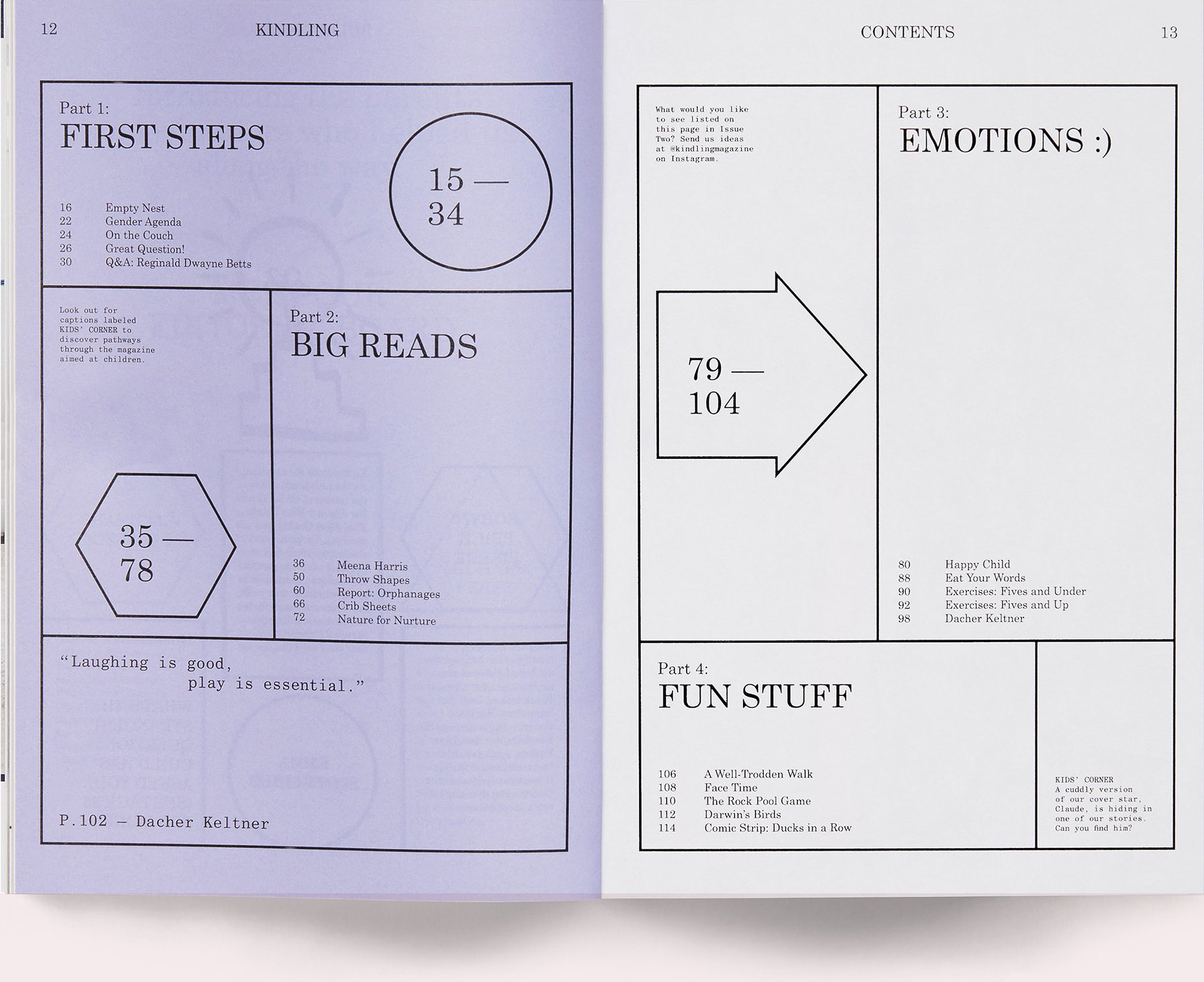
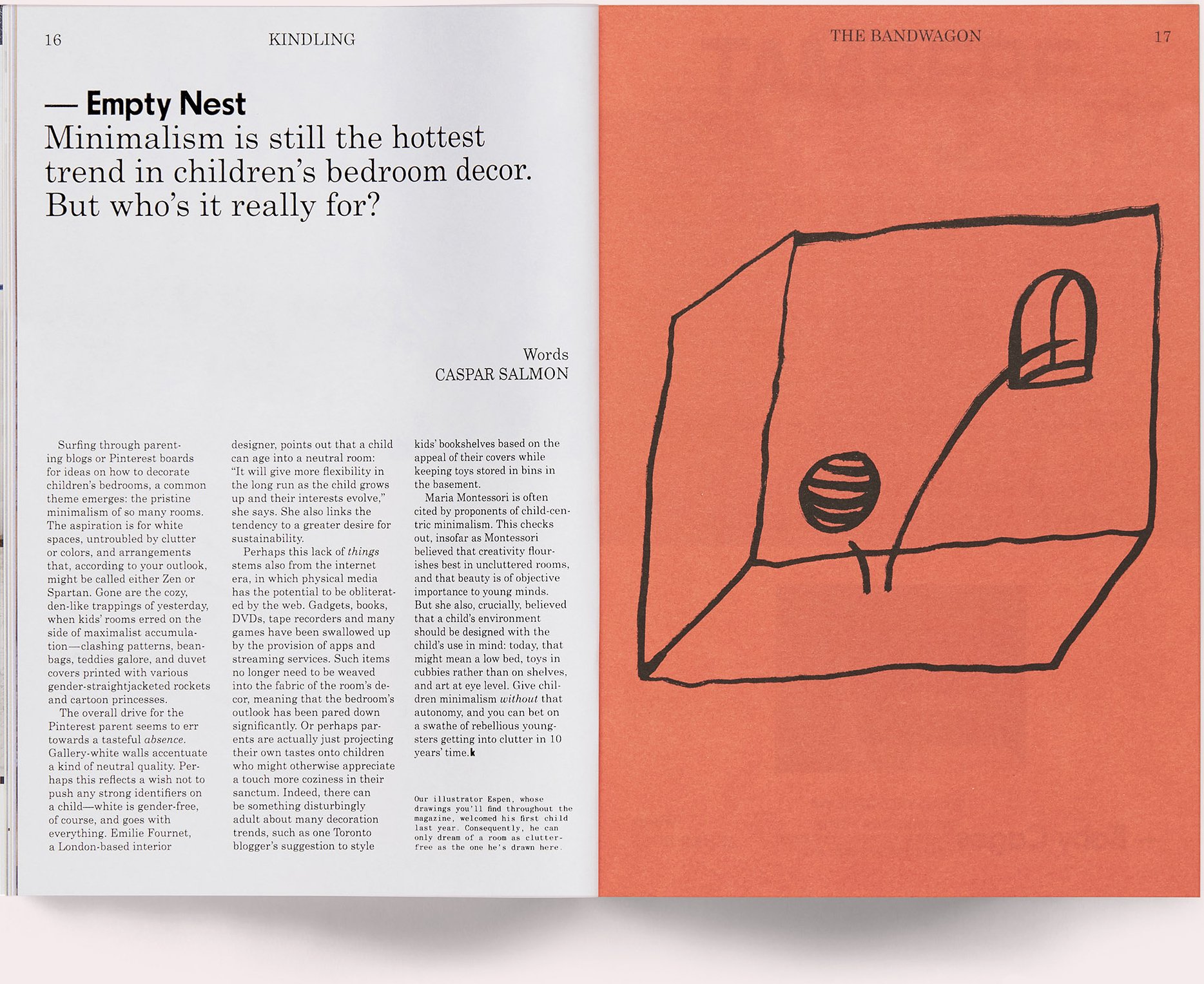
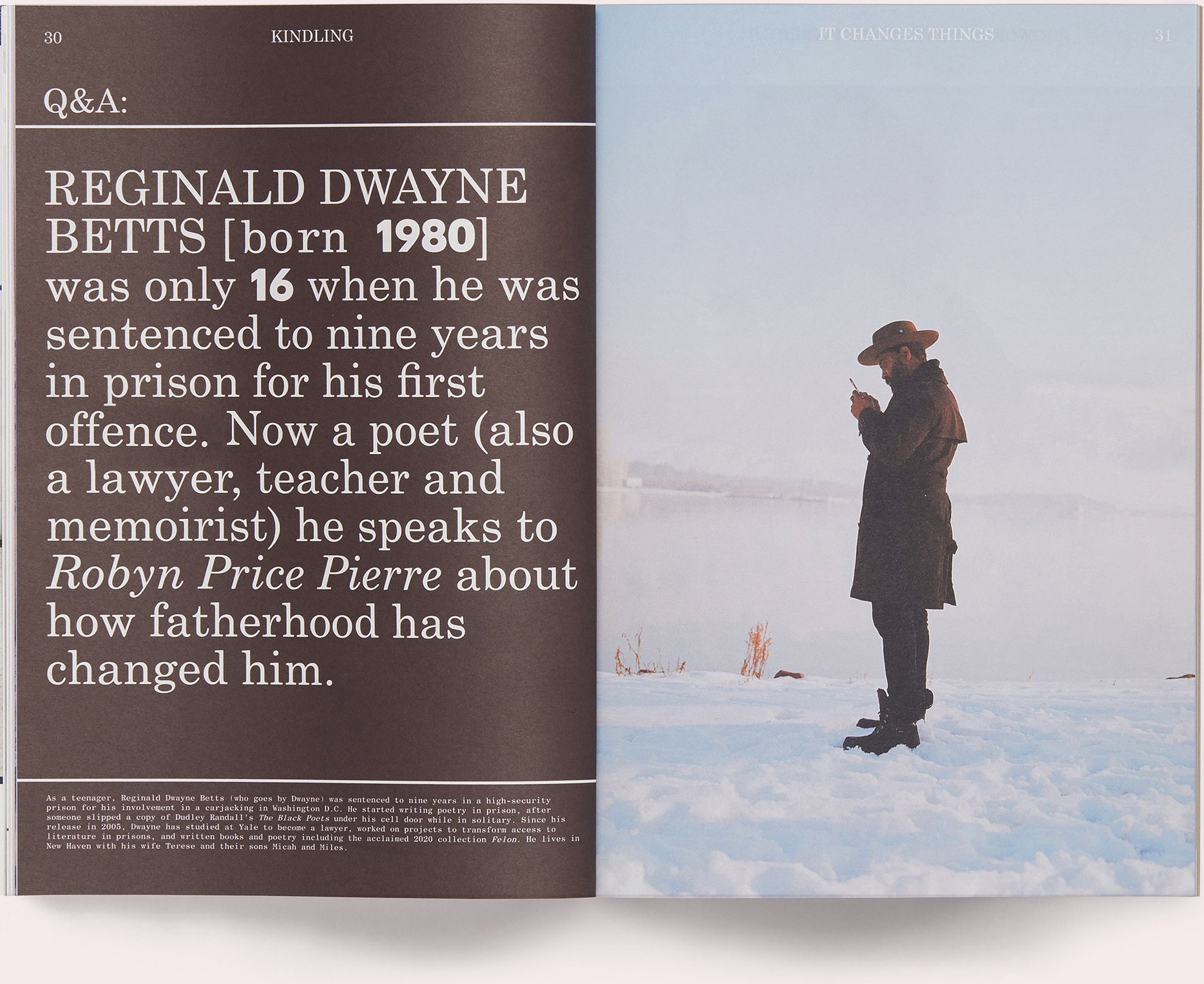
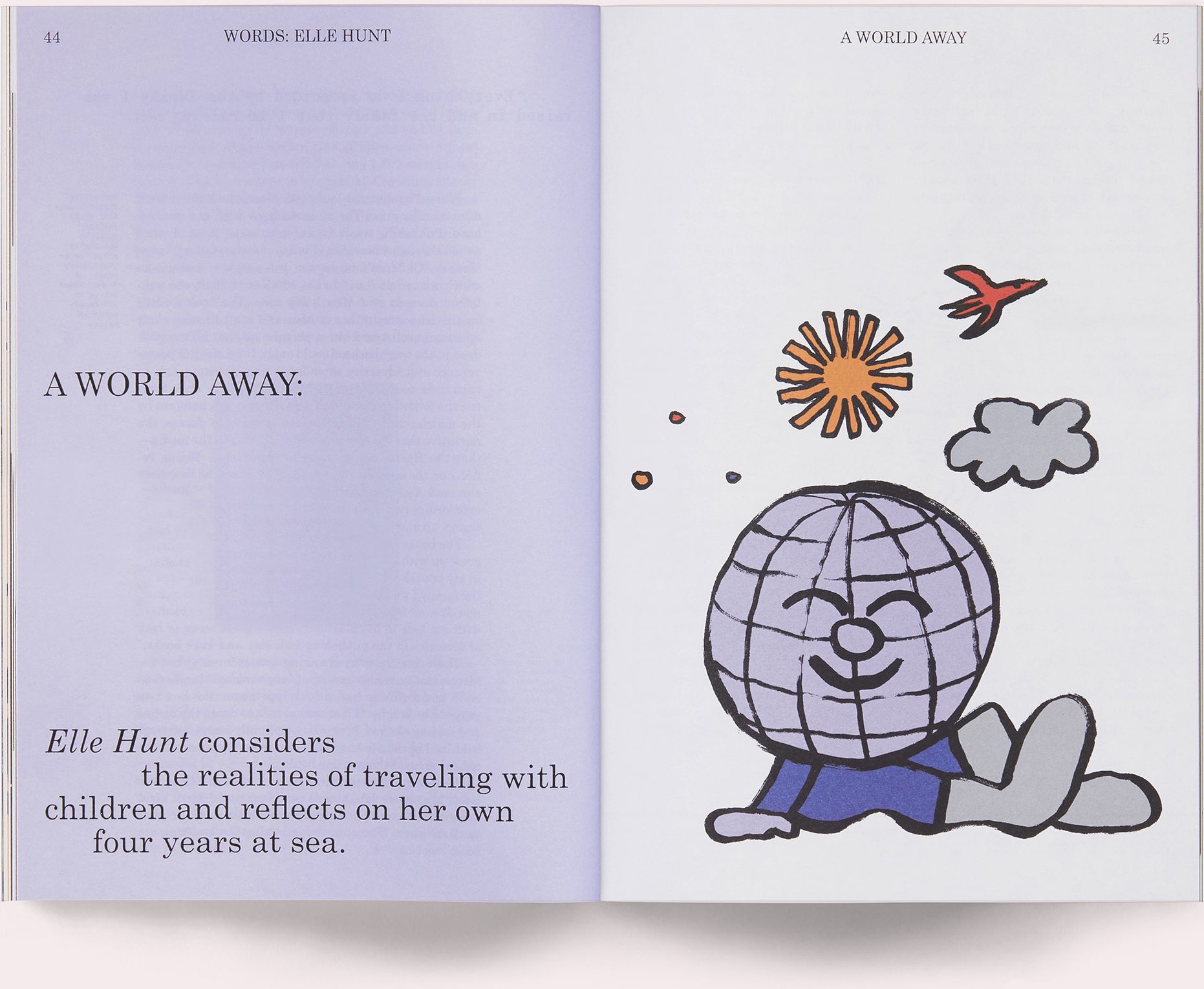

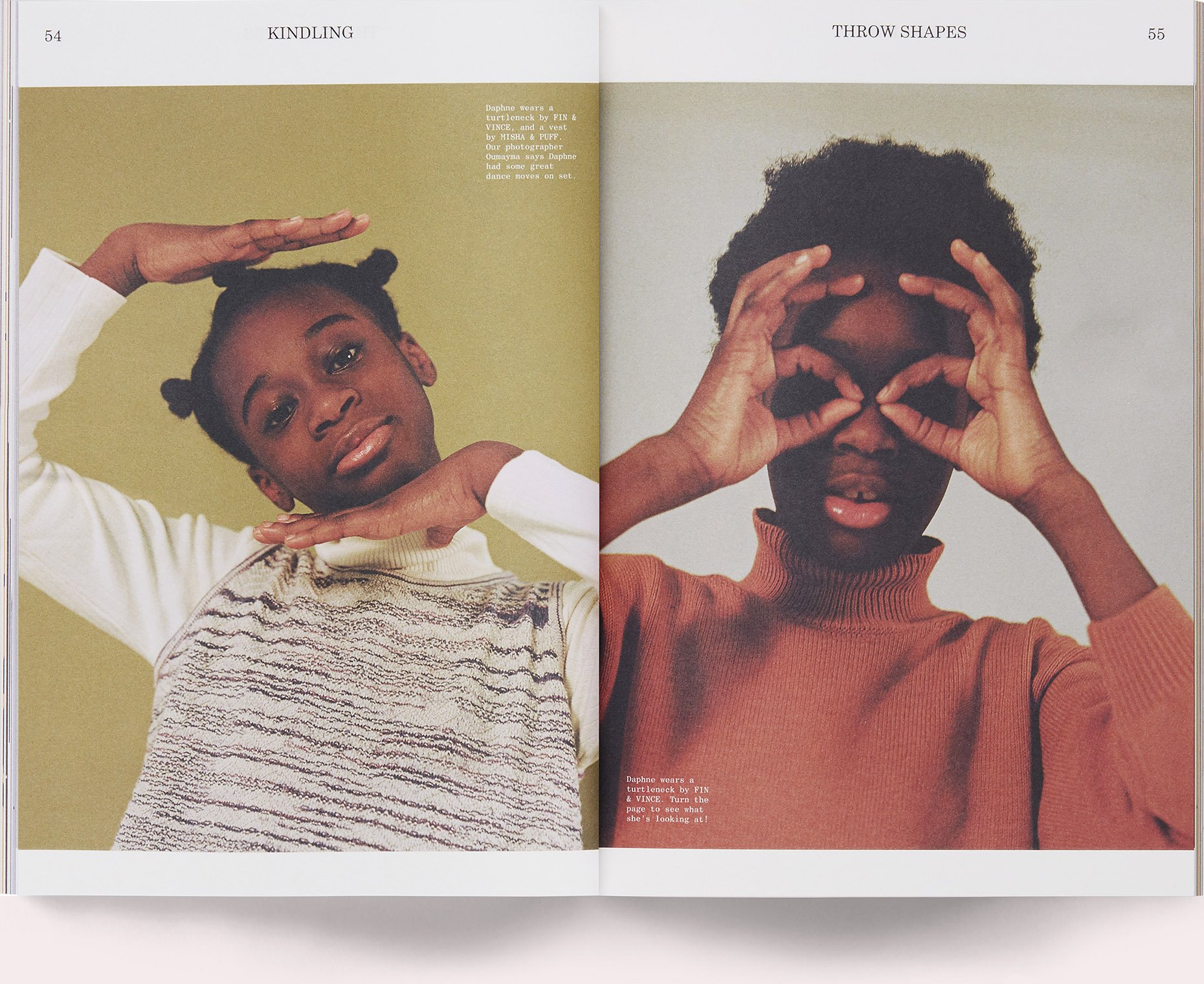
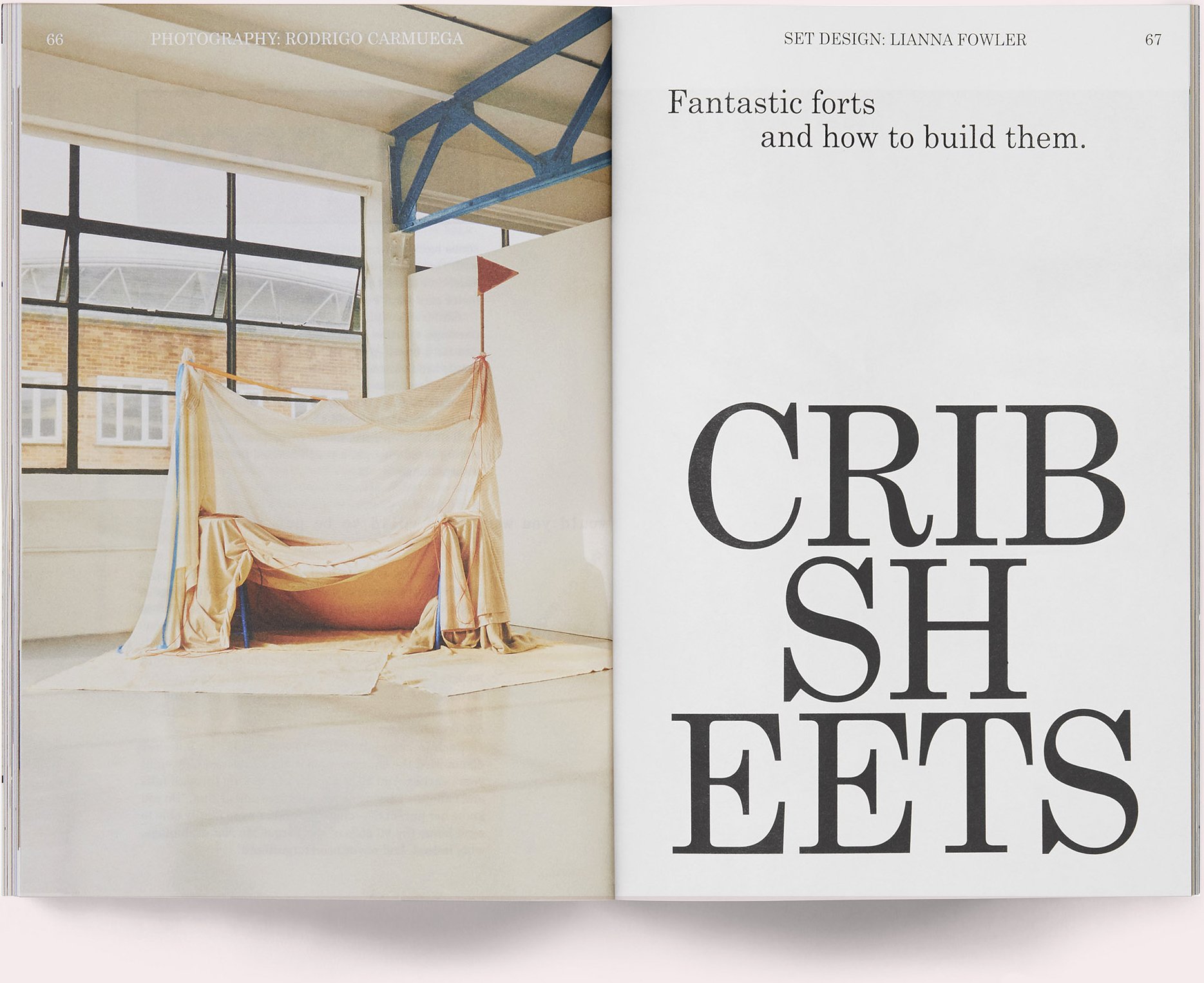
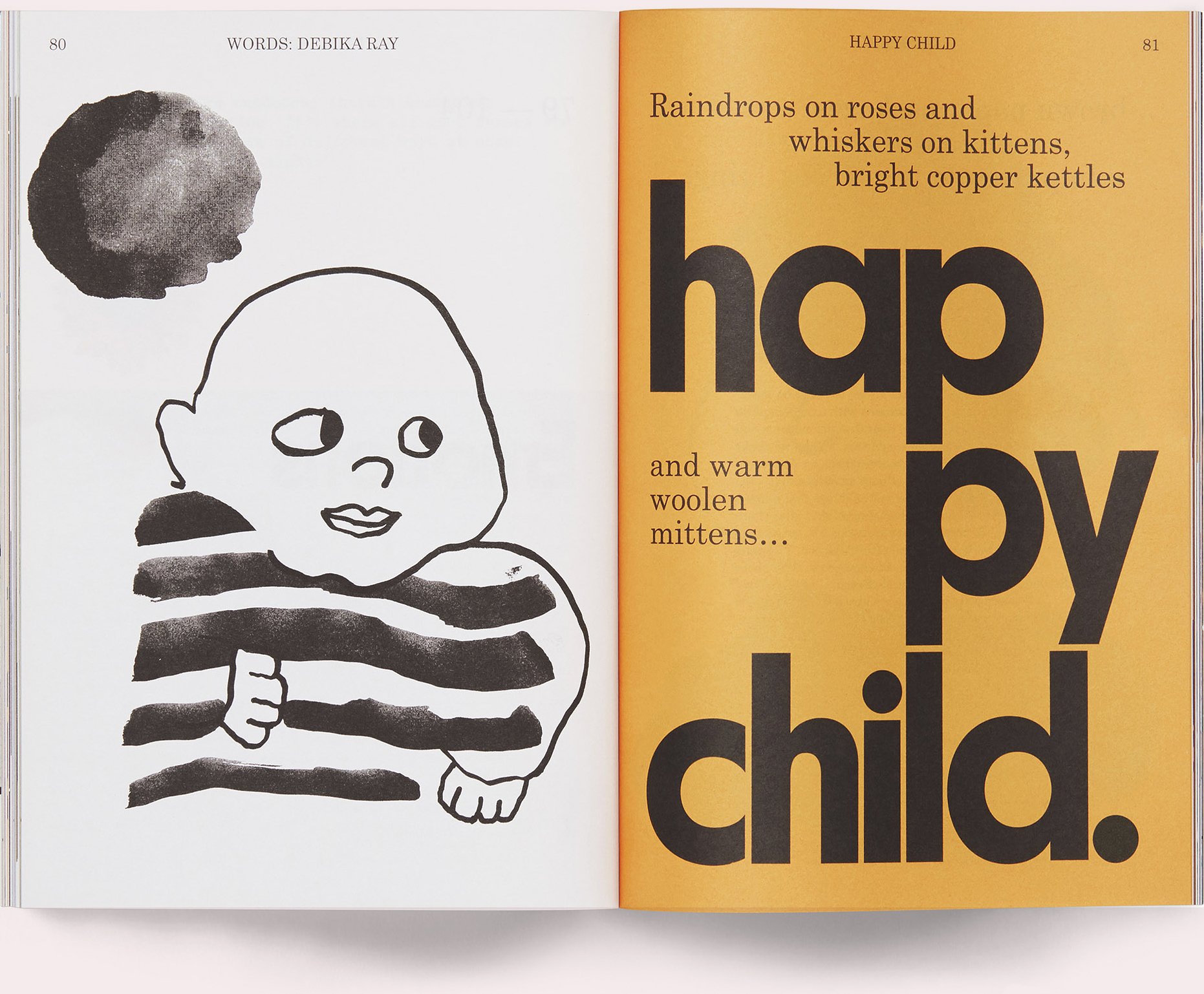
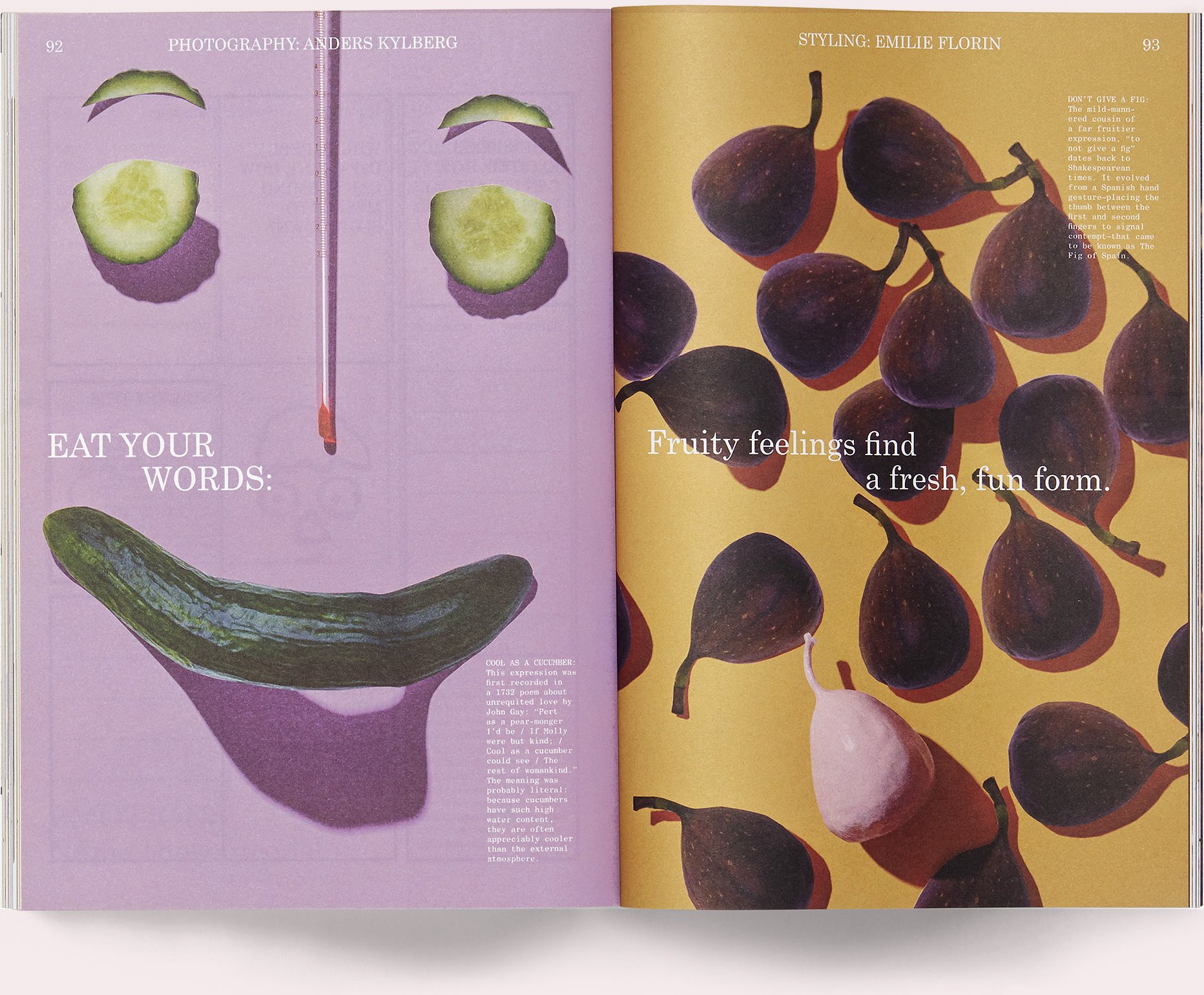
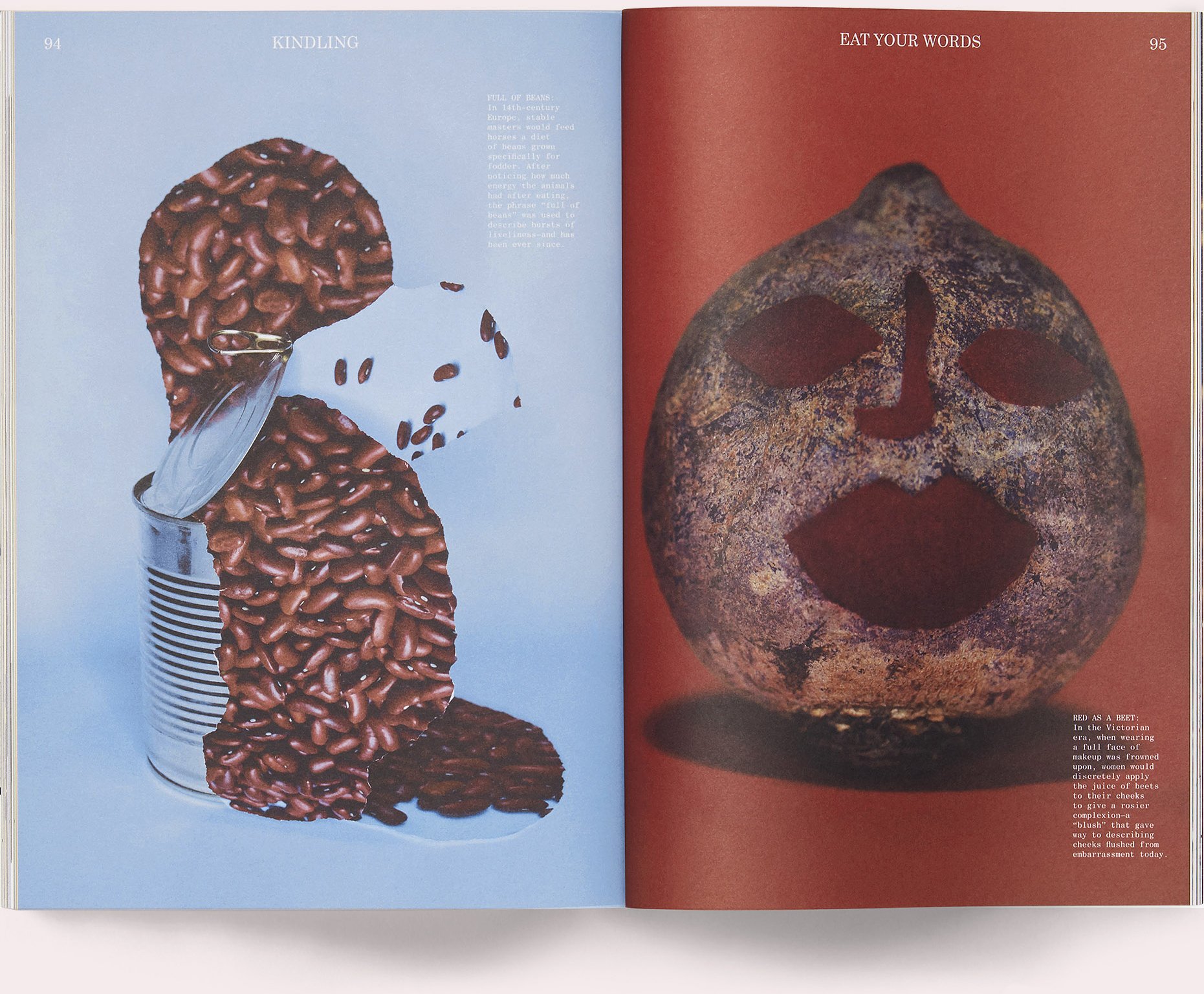
Patrick Mitchell: Yeah.
Alex Hunting: Yeah. So Jeremy used to do a magazine design conference called Colophon, which was in Luxembourg, which was just, like, a massive indie magazine festival. And they were doing a book to celebrate the festival called We Make Magazines. And it was basically a massive book about all of the independent magazines that you could think of.
And I wasn’t really into editorial design, particularly. I wasn’t into anything. But I quite liked book design. And basically the internship was just to help design this book. And it was me and a guy called Lars [Laemmerzahl], who was at my college as well, who were helping design it. And it just completely opened my eyes to this amazing, incredible world of independent mags. Bonkers, absolutely bonkers, sort of stuff.
So it was a real eye-opener. And from then forward, I was just really motivated. It pushed me a lot in that direction, actually, towards editorial design. So I owe basically a huge amount to that year in industry. But in terms of the college education in general, I think, because I was a bit lost, I didn’t have the best experience.
But I think it might be different in the States, but arts education here is not in a particularly great state, actually. I think a lot of the people that I have, that come and intern or come as juniors in college, the amount of money they have to pay now. And you don’t even get a space of your own at college. You don’t even have a desk or something, which I think was the one thing at art college you probably used to have, right? You used to pay your money and have a little bit where you could go in and work.
So I didn’t necessarily have the best time at college, but being in London was amazing. And I think it’s the people that you meet and the opportunities I think you get, are so much more important in a way. Or they were more important to me than all of the teaching and that sort of thing.
Patrick Mitchell: I remember when Jeremy was doing that event. I was always desperate to go, but it never worked out. But that’s the kind of thing that can really focus you on what you want to do with your life. And it sounds like such an intense weekend in such a specialized area really may have been the education you needed to guide you to where you are now.
Alex Hunting: Yeah, for sure. And I think the passion that you were seeing from all of these different people doing insanely different subject matter, but all storytelling, or image makers, all that sort of stuff, like incredibly diverse subjects, and all brought together for one sort of party, basically, over the weekend. It was amazing. Absolutely amazing.
So yeah, I owe Jeremy a lot for that. It was really, really eye-opening and it really focused me so much to the point where, as I say, I hadn’t been achieving much, hadn’t been doing very well in my degree, all that sort of stuff. But I came back into the final year and I just got it really. I finally understood graphic design, I’d learned a lot from people in the industry, I knew what I wanted to do more, the sort of studios that I was looking at, all that sort of thing.
So yeah, it was all really from there. So it was very lucky that I wanted to go to Barcelona for the summer.
Patrick Mitchell: In your college, did you get any education at all on the entrepreneurial aspect of launching your own career? Did they teach you any of the skills to run your own business?
Alex Hunting: I probably didn’t go to it, to be honest with you. I’m sure that they do those things. There are probably those electives. There are probably those talks and those things. But I just was disillusioned with the whole thing. I was having a good time, but, you know, I wasn’t … yeah. So I’m sure they do. I’m sure they do.
But I wasn’t really thinking about that, you know, I certainly didn’t think I’d be setting up my own business. I certainly didn’t think I was going to run a studio or anything like that. It wouldn’t remotely cross my mind.
I’d enjoyed interning so much that I just thought, “Oh, you know, when I leave, I’ll just go and try and get a job somewhere and work there forever. It’ll be the best, best time. It’ll be a lovely time.”
Patrick Mitchell: I think most people would agree it takes balls to go out on your own, to get space, to get clients, and all that. Did you grow up in a family with entrepreneurs?
Alex Hunting: My dad has run his own business pretty much his entire career. And I think you do get a little bit of that. I mean you see the bad stuff as well, I guess. You see times when you are flush and times when you are not, and that sort of thing.
So I think there’s a good work ethic from seeing that, being around that. Which I think I have always had—obviously apart from being at college—but once you’re focused on your own thing...
Patrick Mitchell: Was he passionate about what he did?
Alex Hunting: Yeah. He always says to me that he fell into what he did because he was a little bit lost. He’s a surveyor, he runs a chartered surveying business. But he really enjoys his job because he’s out and about, and he’s meeting new people, and he’s built a business. He’s very social, employs lots of people, and he’s a good boss.
So, yeah, I think he definitely enjoys it. I don’t think it’s a passion in the way, I mean, I always forget, and I think it’s amazing how lucky—whenever I think it’s awful, when work is hard—we are just like the very, very minority of people that are really passionate, that their, kind of, their hobby is almost their job. And that is a huge privilege to have.

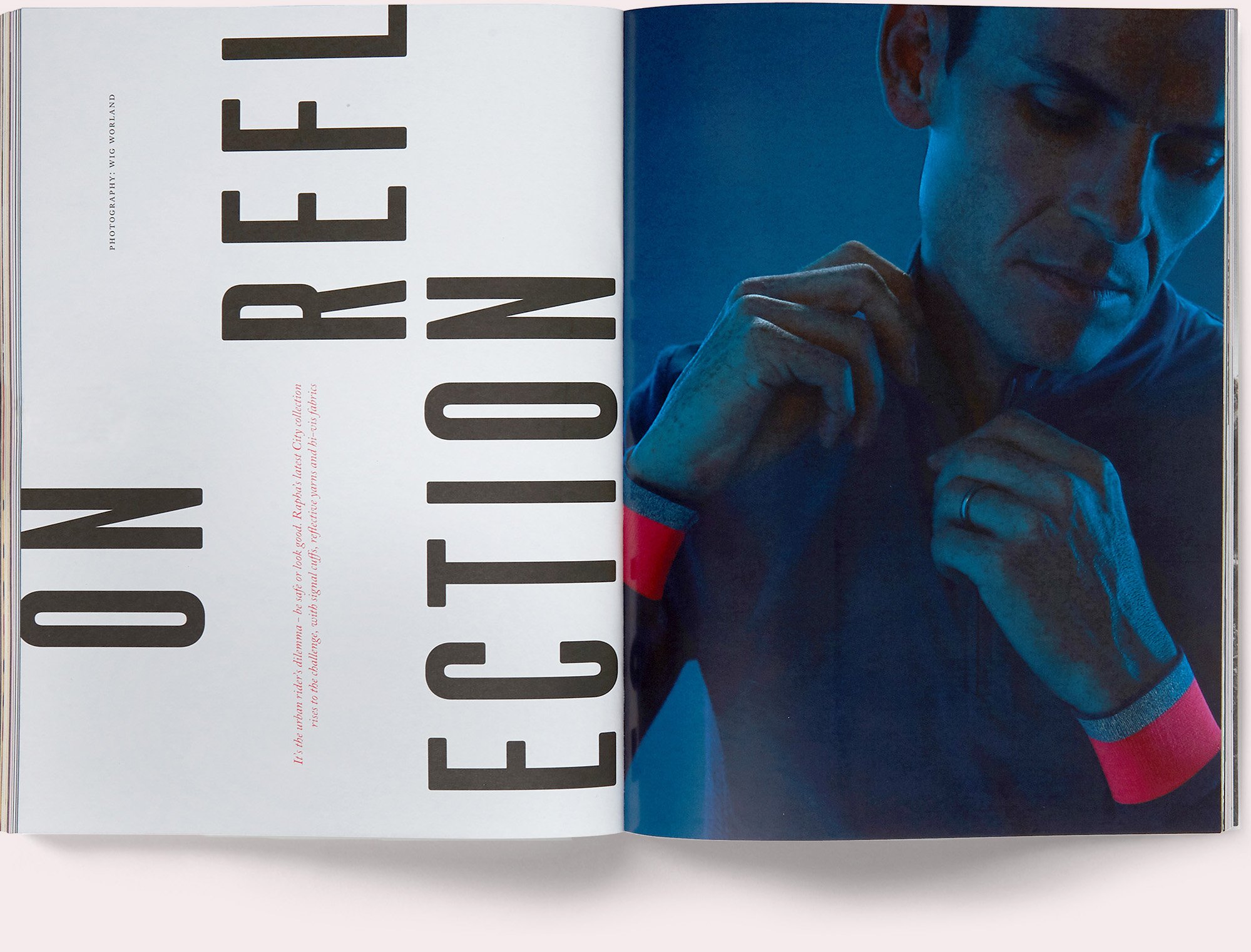
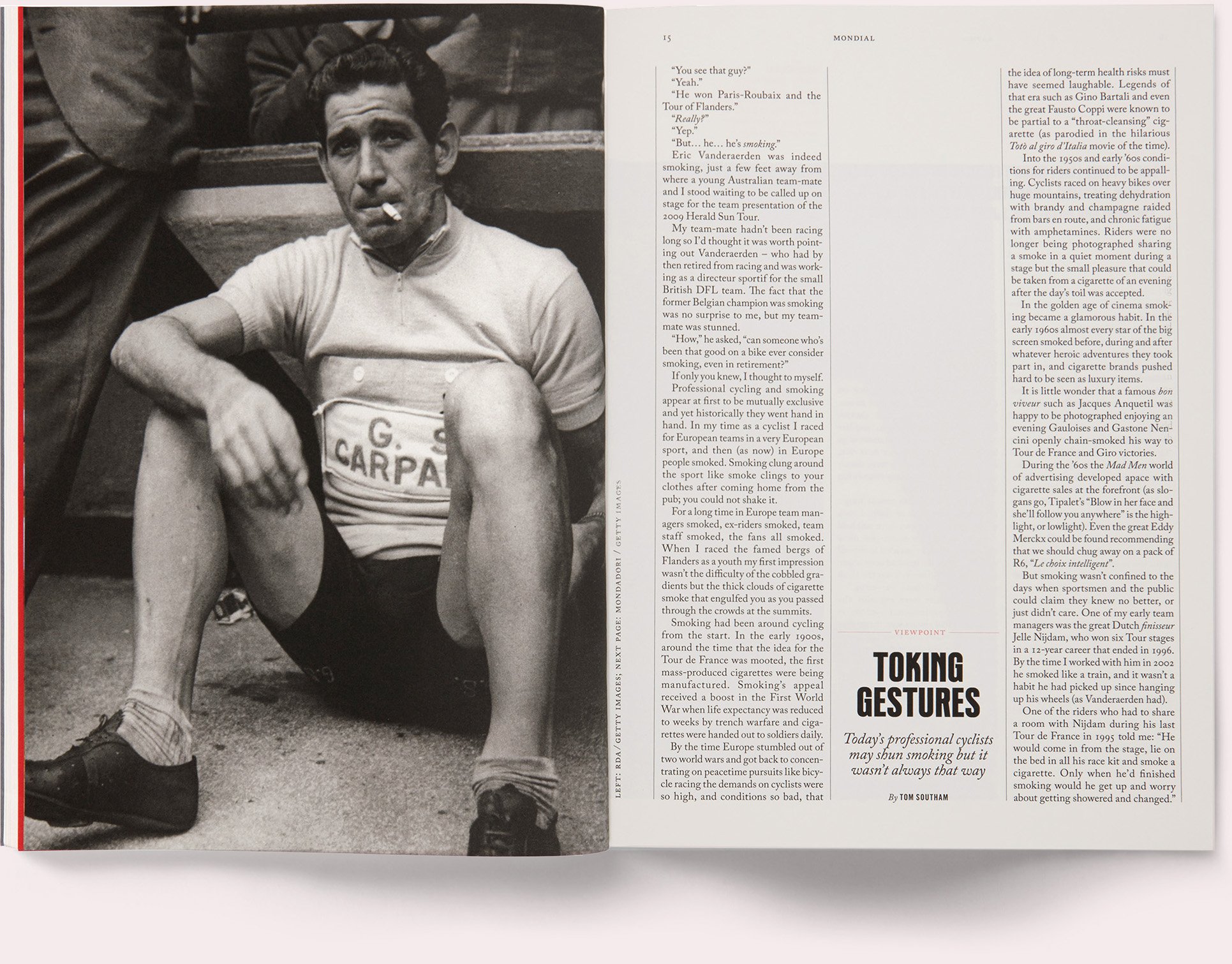
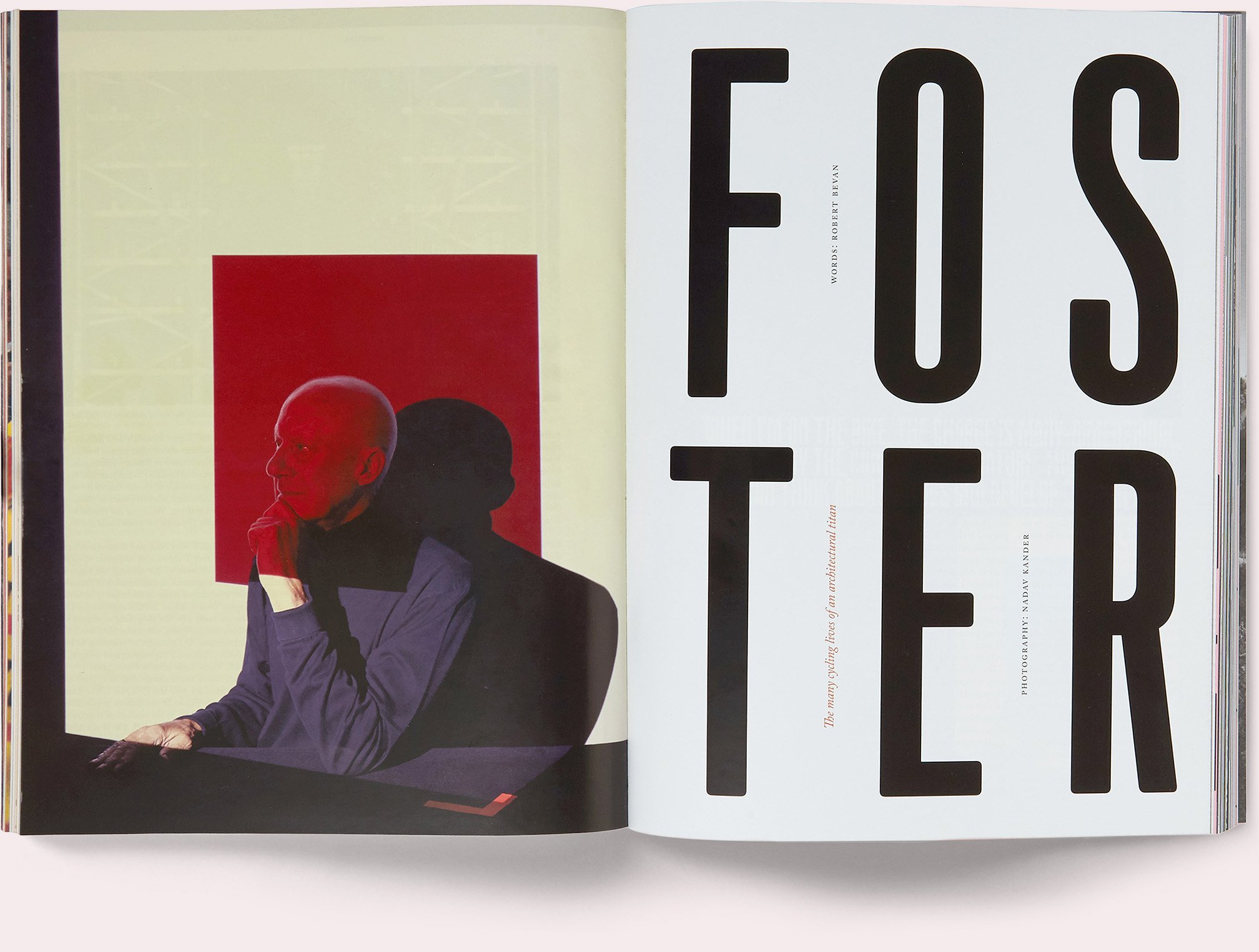
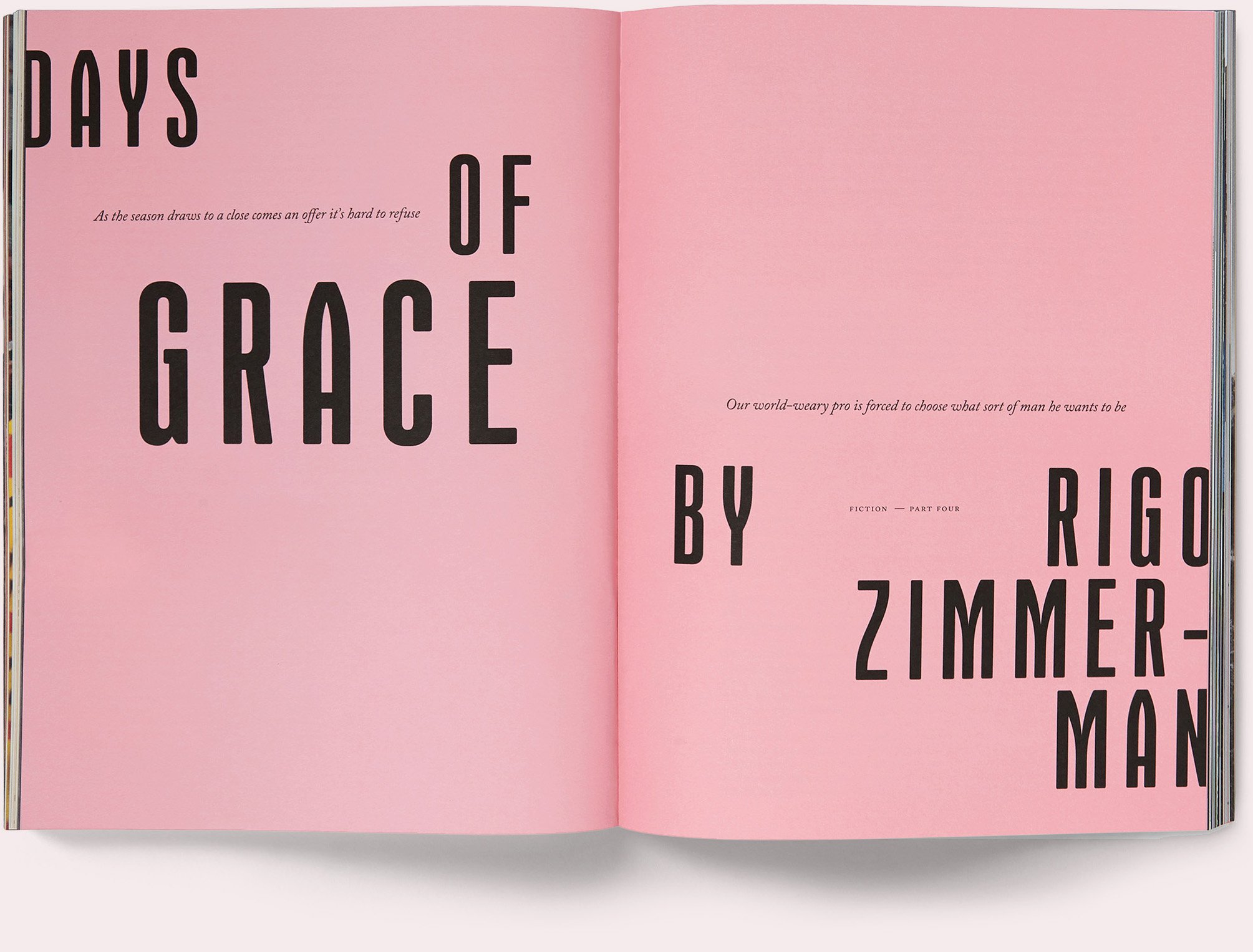
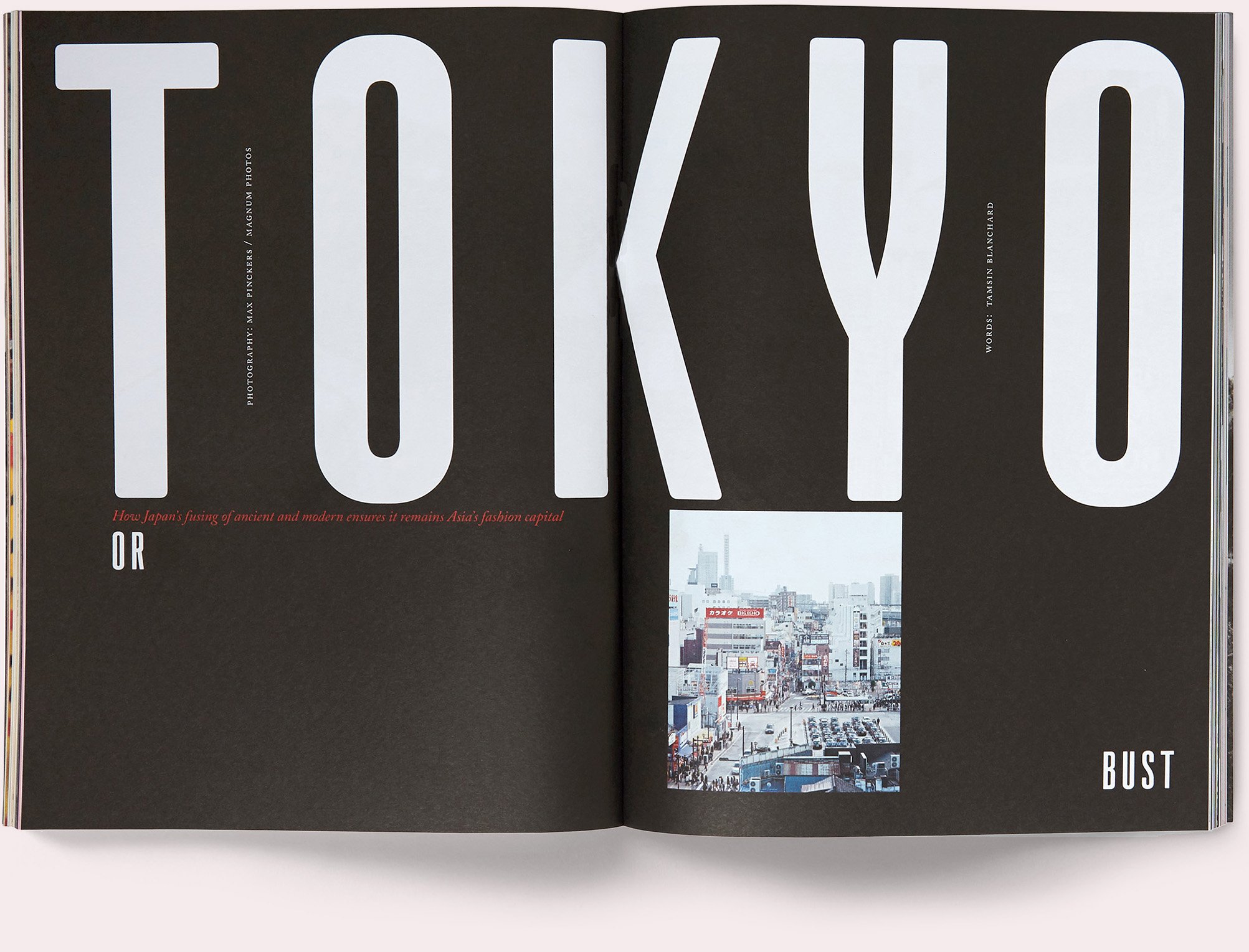
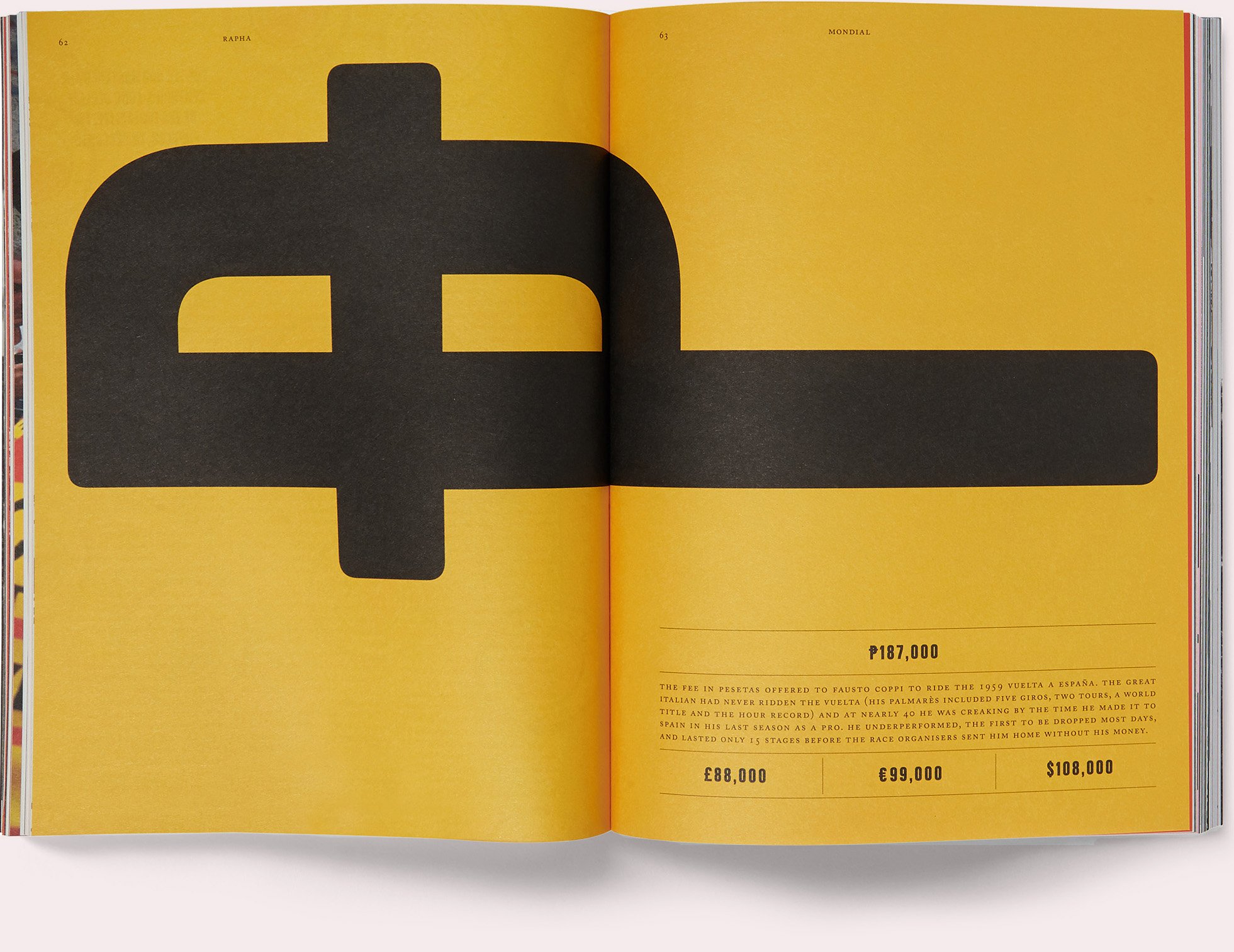

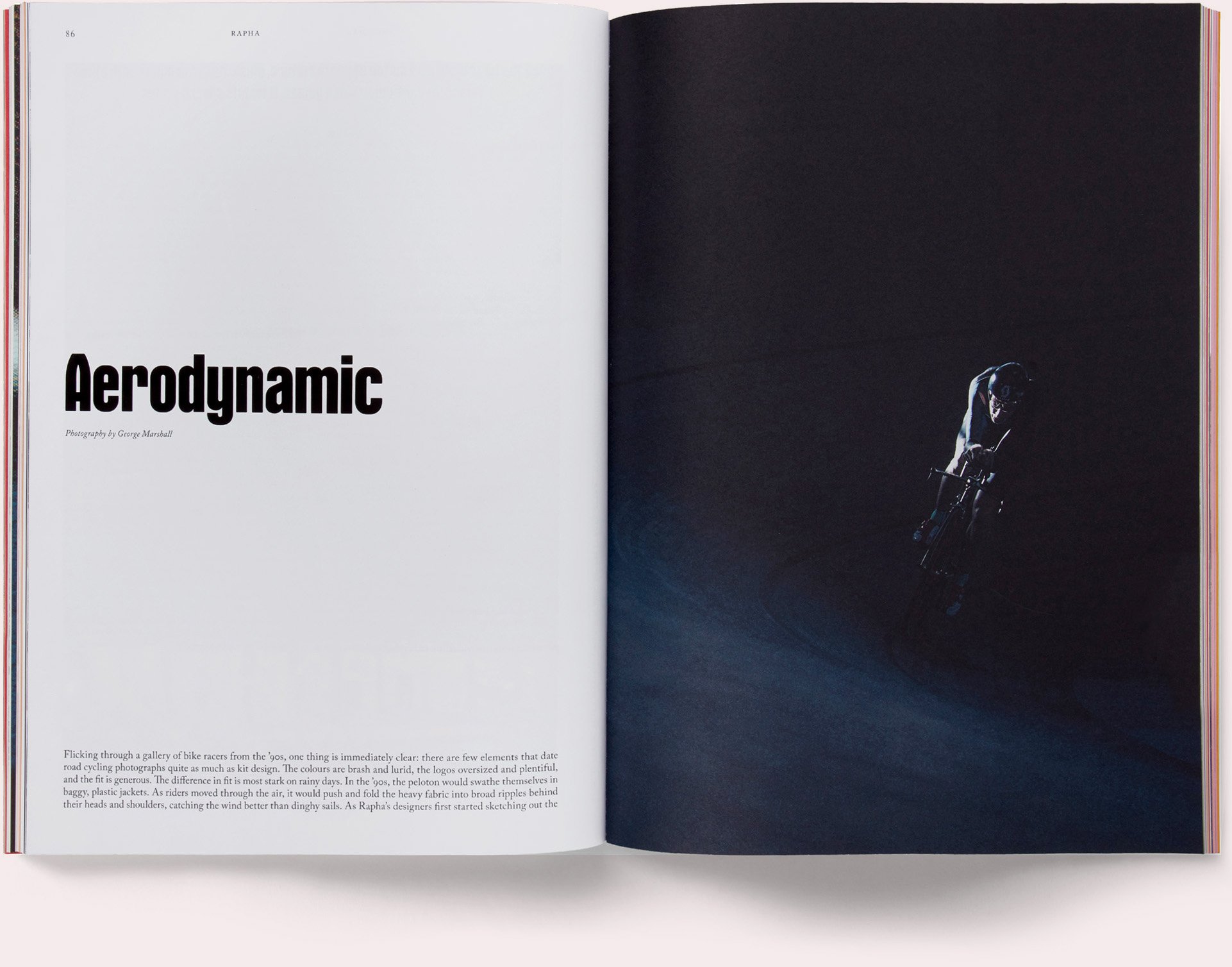

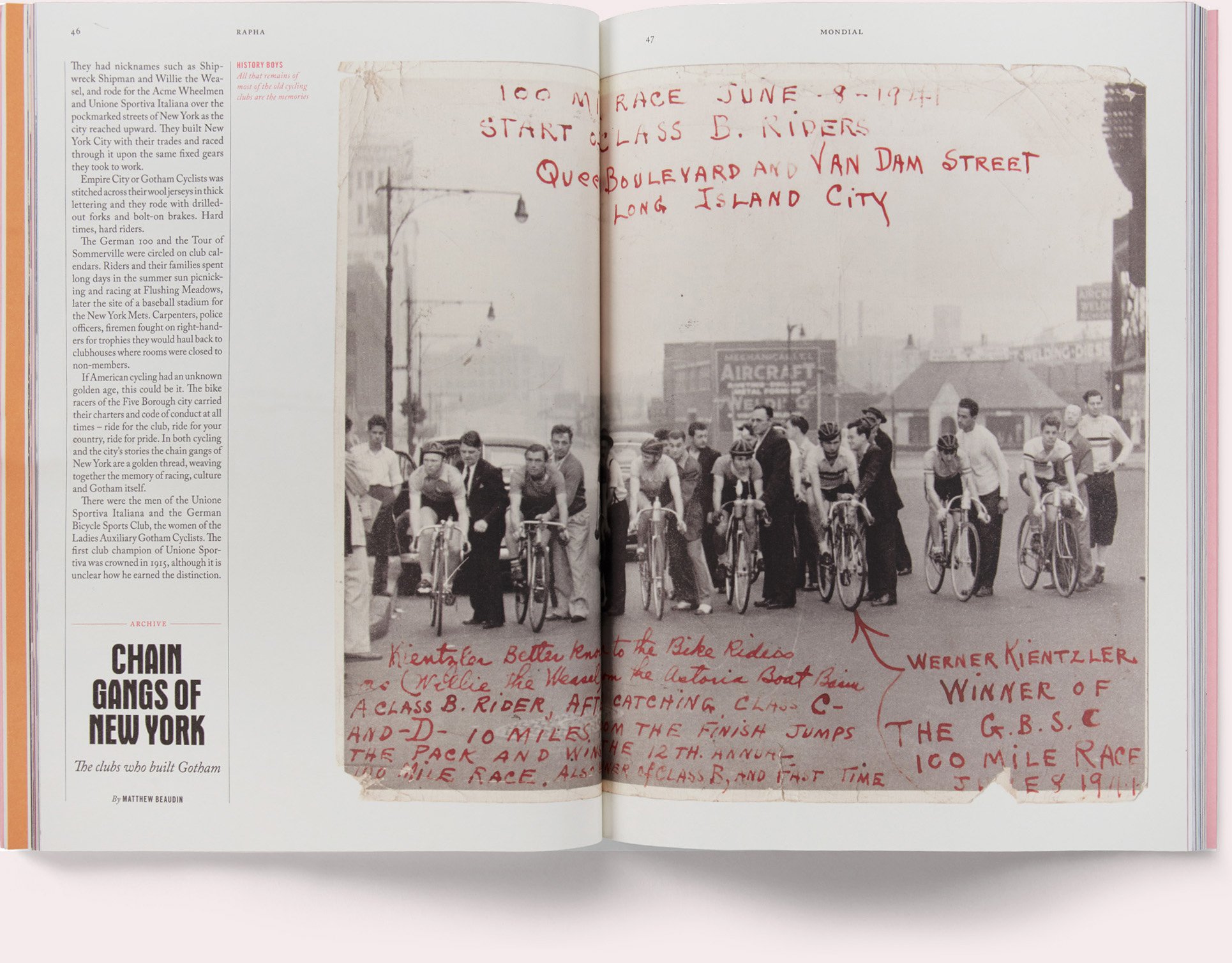
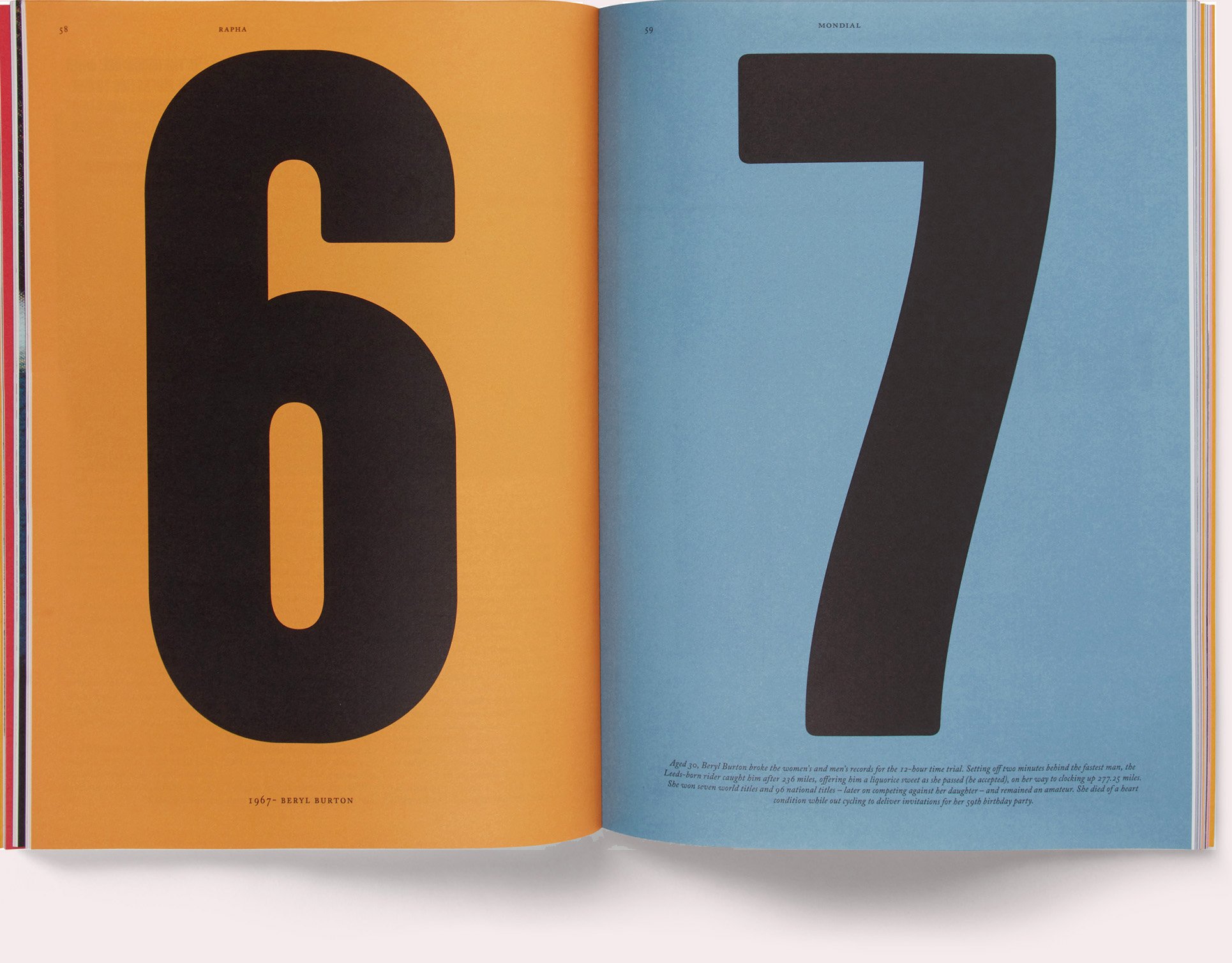
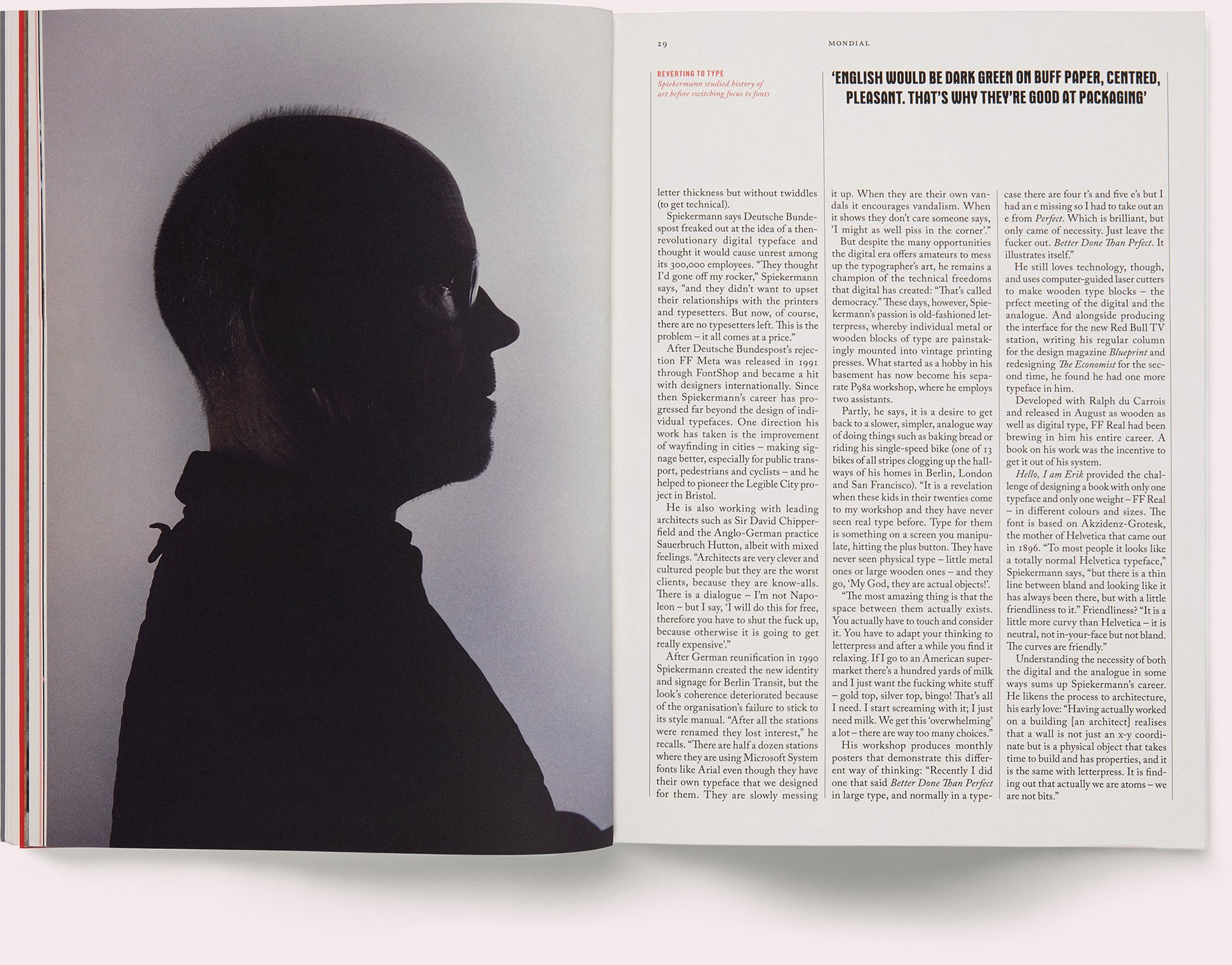
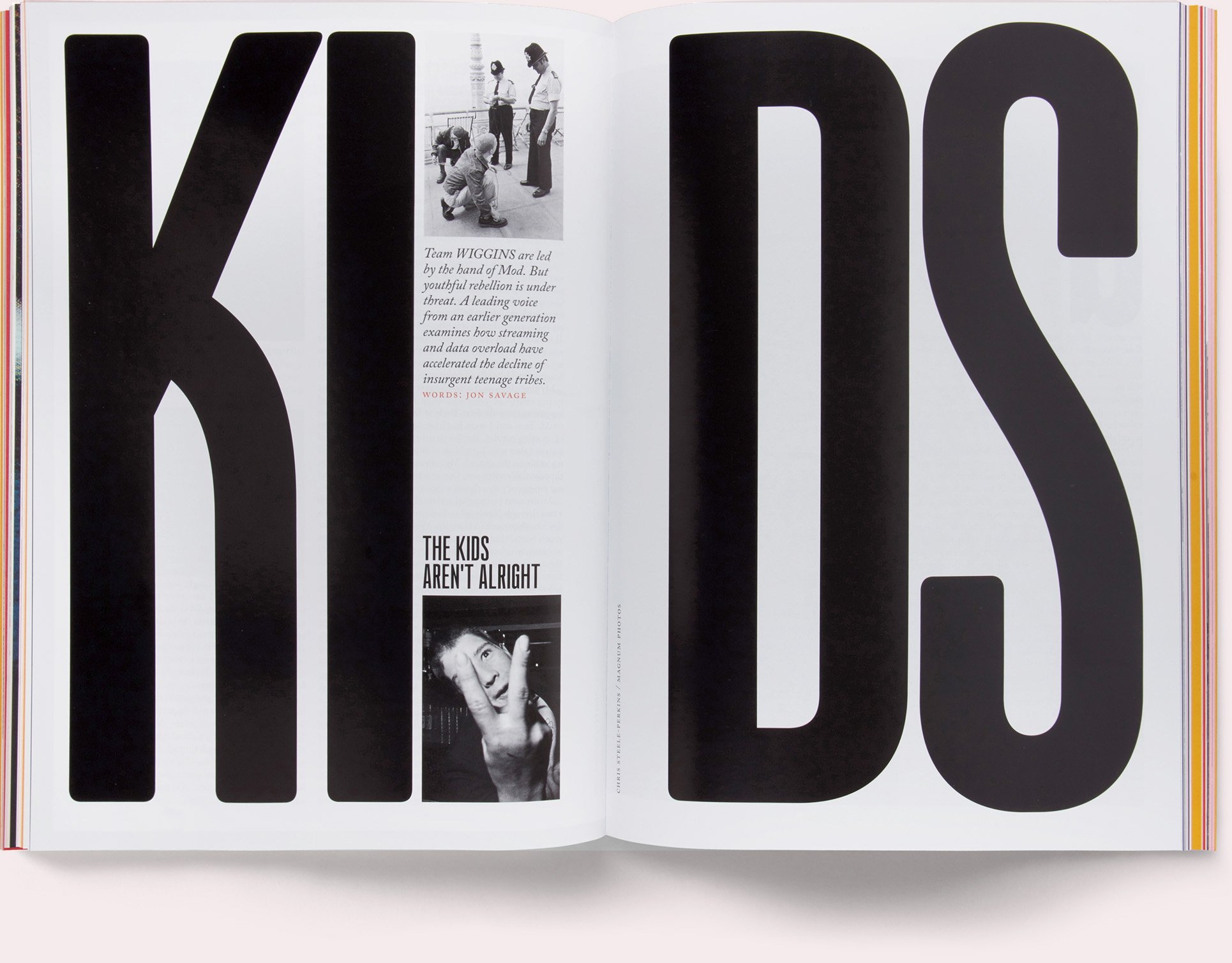
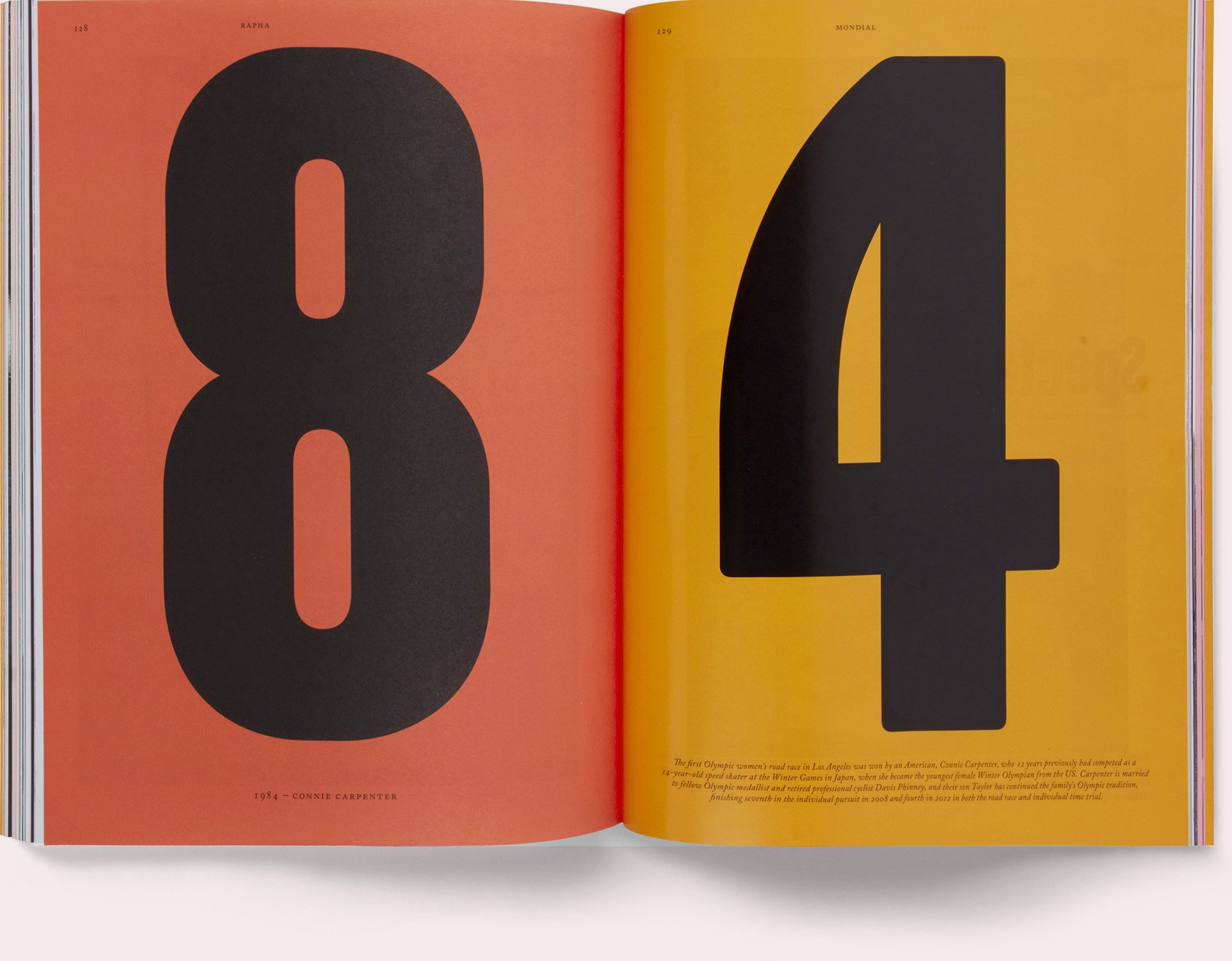
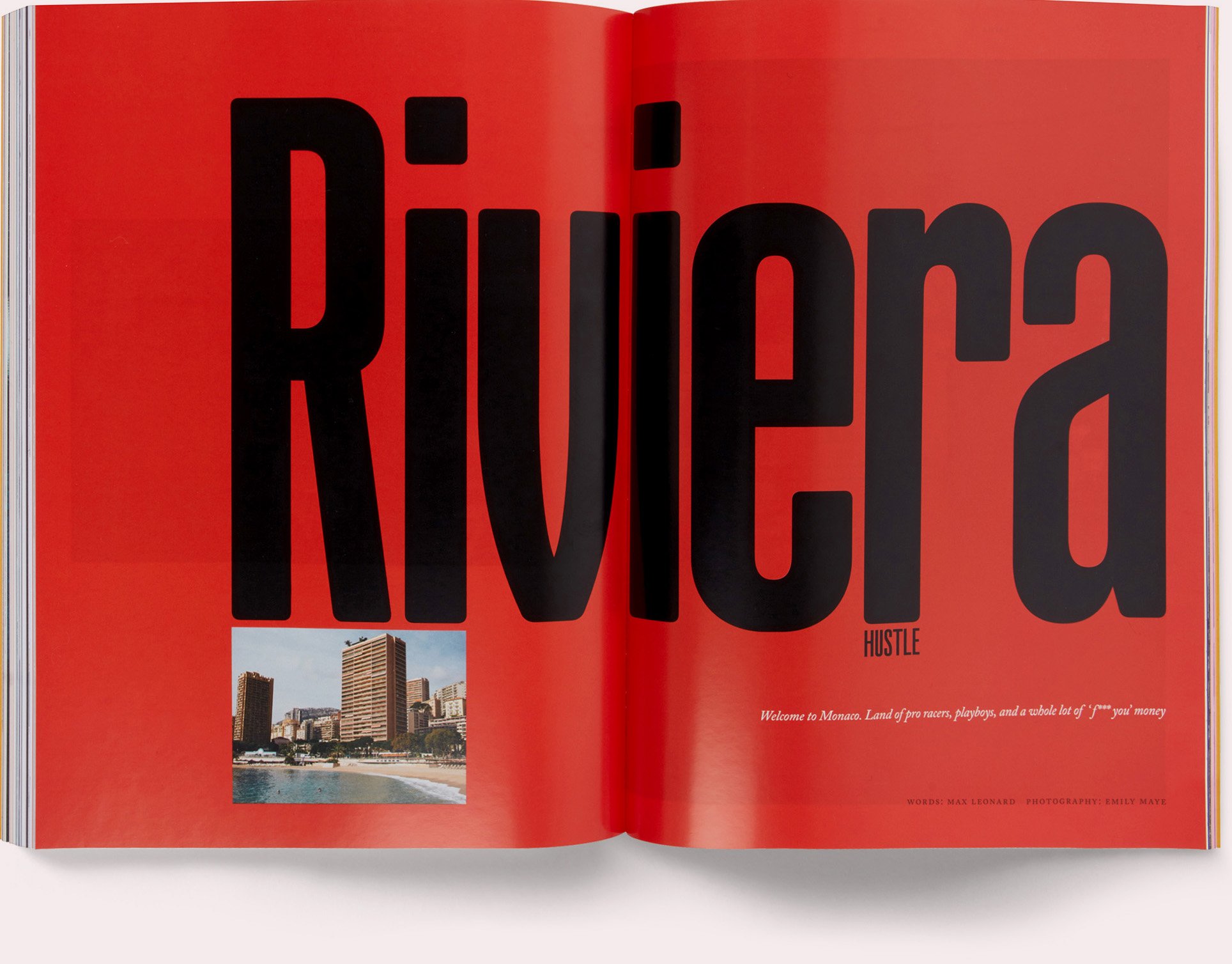
Patrick Mitchell: There’s a lot of talented designers, but there’s not a lot of designers who have whatever that missing trait is that allows them to have the confidence to just open their own place. And I’ve met some amazing people who have just failed miserably, as our business falls apart around us, who have been forced to go out and try to start their own business and they just can’t function outside of a corporate structure. But you did. And look at what you’ve done with yourself.
So let me ask you, I know you worked a couple places before you launched your studio, but when you did, what were the challenges? Did you open your door with clients already in hand or did you have to start hitting the pavement looking for work?
Alex Hunting: I was doing some freelance-y sort of bits and pieces. I think like everyone, you start freelancing, and then get to a point where it sort of naturally becomes like a business, and you need help on projects. So it becomes a business.
But what did I start with? So I was really lucky that I was doing some freelance work for The International New York Times, the Opinion section, before it was the International Herald Tribune, and then it became The International New York Times, and they were looking for a London-based freelance part-time art director.
And that was amazing as an opportunity because it was only part-time. But I had some regular—do you know what I mean—kind of income, while I could do other projects. And obviously when you’re starting out, your fees are so low for the projects that you want to do because you’re in that constant struggle of wanting to do great work to try and attract more work, but you know that great work you’re getting just pays so poorly.
So I was lucky in that sense that I had a bit of that buffer. And that gave me a bit of space to be able to start the business really. But I do think that editorial design is actually quite good, it’s like a good part of graphic design, in a way, to start a small business. Because, by its very nature, it’s regular work. So if you get a magazine contract—whether that’s quarterly or monthly, biannual, all that—when you get those coming in you can plan. You know that you’ve got x amount of work lined up.
And obviously it depends how many of those contracts you’ve got, but as opposed to if you are just going out and trying to get, say, branding projects or that sort of thing, it’s not necessarily as easy. So I’ve always thought editorial design is quite good like that.
And I was quite lucky that, relatively early on, I started freelancing. I was working with Matt Willey on a magazine called Avaunt. And then after that, the first big, great project that my studio took on was Rapha’s magazine Mondial. And then quite soon after that we started doing Kinfolk.
And those were biannual or quarterly magazines. And so even that as a start, you just know that there’s X Amount of money coming in and off the back of that, it all grew from there. And you’re going out and getting clients from there.
“We are just like the very, very minority of people that are really passionate, that their hobby is almost their job. And that is a huge privilege to have.”
Patrick Mitchell: When I look at your work, which is really just stunning, I find it fascinating that someone with your talent has somehow avoided working for the big brand name magazines. Have you ever been approached by the big publishers?
Alex Hunting: Yeah, I have. I have actually. But not in the UK, though. Only in the US, once. Well, it’s happened twice. But it’s your terrible, terrible visa system that you have. So basically, if you get offered one of these jobs, you have to get an O-1 Visa, which means you are really good in your field and you are allowed to come over to the States.
But if you have a girlfriend, or a wife, or anything like that, your partner is not allowed to work under that visa. So, my girlfriend, who’s got a very successful career of her own—they’re not really decisions that you can just make on your own, sadly.
But, it never happened. I’m not sure how well I would do. I don’t mean that I’d get bored, but I do l really like working on lots of different things.
Patrick Mitchell: So if Condé Nast or Hearst called you tomorrow— with a great offer and no visa problems—with a job in the States. Would that be tempting?
Alex Hunting: What’s the title? What’s the Condé Nast title?
Patrick Mitchell: Vanity Fair.
Alex Hunting: Oooooh. Yeah. I mean, yeah. Vanity Fair or Wired or something like that—I’d be very, obviously, it’d be hugely, it’d be ridiculously flattering. And it would never happen. But I’d definitely have to think about it. No, I was obsessed with the idea of working in New York. And I love New York. And every time I go there I just always think, “God, I’d love to live here and work here.”
Patrick Mitchell: You mentioned Matt Willey, who people know from The New York Times Magazine, and who had some great success there, he’s now a partner at Pentagram in New York. What would you do if Pentagram called you tomorrow—again, no visa issues—with an invitation to join them as a partner? In London or New York.
Alex Hunting: Yeah, of course. I always think [Pentagram’s] such a designer’s thing. It’s the most flattering thing you could be asked to do in our industry, isn’t it? Because of the history, and all the partners that have gone before.
I also love the idea that it’s just all those individual teams. I love it. That you build your own little pod. And I kind of love, I mean, I don’t know what it’s like on the inside, but I like the idea that it’s quite dog-eat-dog. Like, you’ve got to hold up your end of the bargain. When you’re sitting around the, like, end of year meeting or whatever, and it’s “Michael Beirut’s brought in MasterCard!” or something. And you’re like, “Oh shit!”

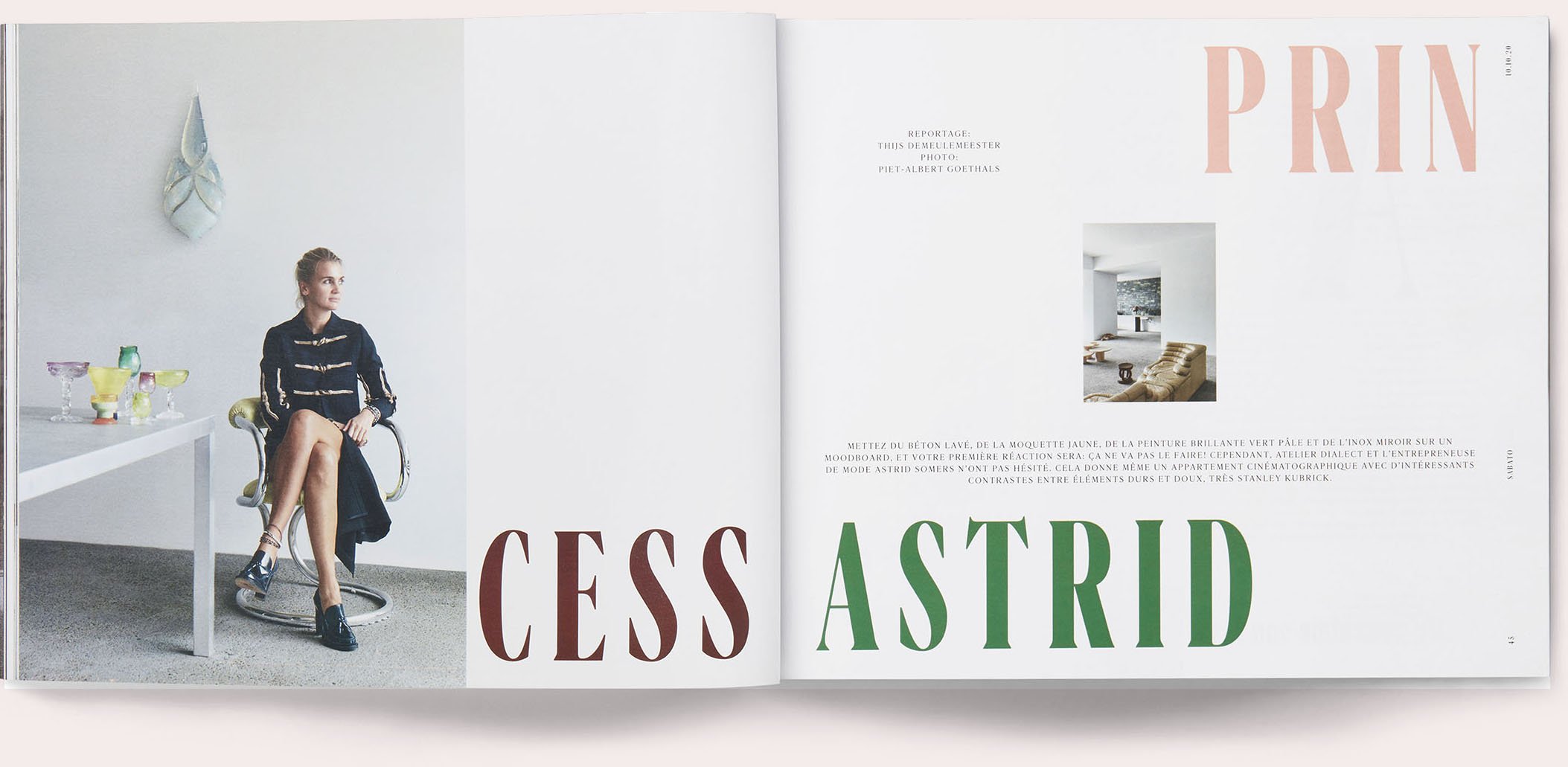
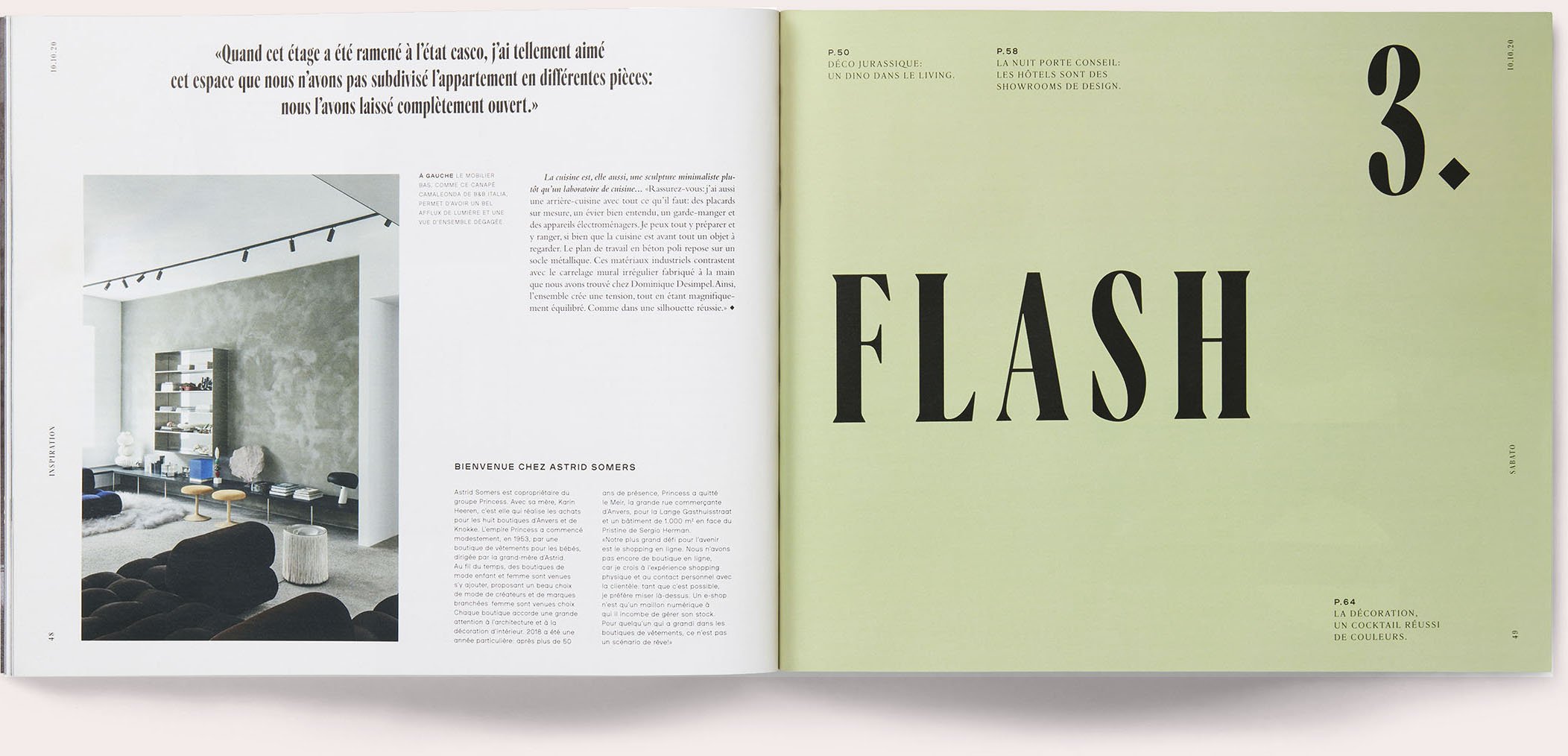
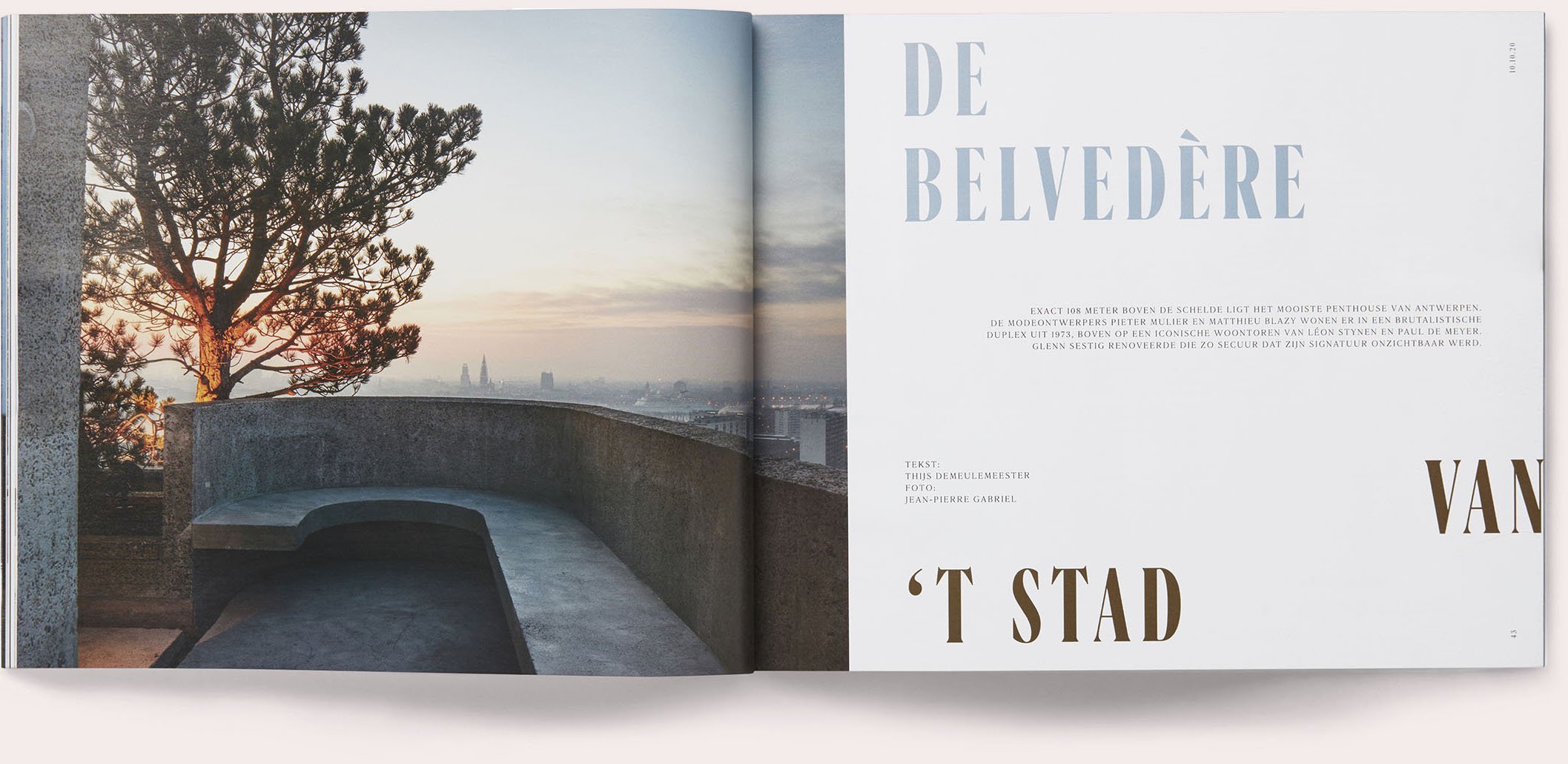
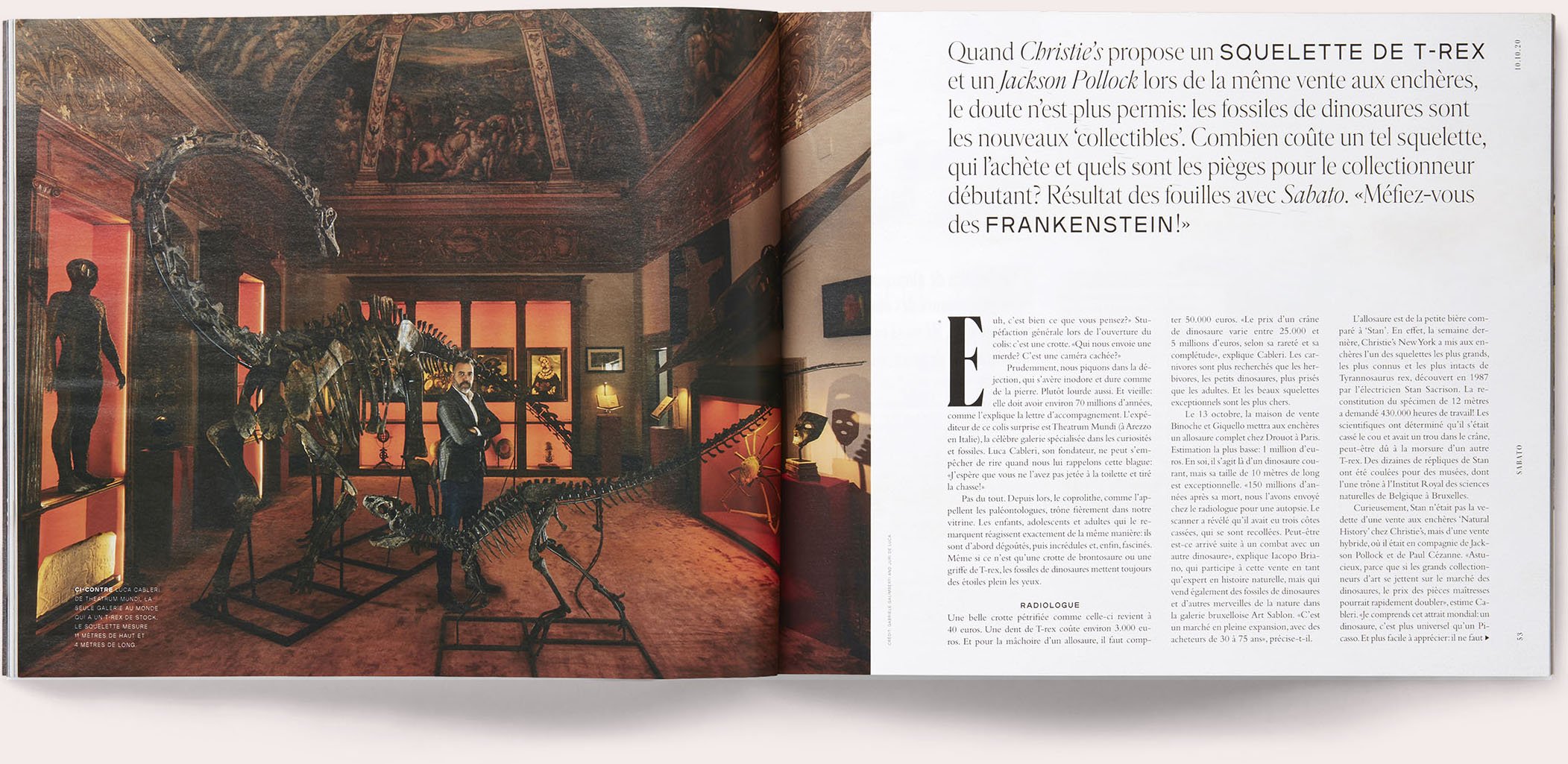
Patrick Mitchell: Well, that is the thing, from what I understand, what separates the people who make it there from those who don’t, is that ability to not only bring in business, but handle the pressure of being responsible for bringing in business. In addition to doing great work.
Alex Hunting: Yeah, yeah. No, I bet. The whole business, it’s a whole other equation, isn’t it? And it’s the size of those brands, isn’t it? Because, you can run a very successful small agency where you are super hands-on and handle everything. But then when you start dealing with those huge clients—I can’t imagine what that’s like. The pressure. The insane pressure.
But yes, I would, obviously. That would be amazing. Amazing. I remember reading Vince Frost’s book. I don’t know if you read it, but he was, like, the youngest-ever Pentagon partner. But I remember he, pretty much, didn't like it that much and he much preferred running his own thing.
I’m sure there’s lots of people that go into it who run their own thing, who realize that they probably preferred it, but you just can’t say “no” to it, can you? That’s the thing.
Patrick Mitchell: Yeah it’s really an interesting thought. Note that we’re two people who, to this point [laughs], haven’t had the invitation to go work at Pentagram yet. However, that said, I would say from your output, and I know from my job satisfaction, I don’t need big, giant brands to make me proud of my work or feel successful. I’m just doing, as you look like you’re doing, a lot of work that just makes you very happy.
Alex Hunting: For sure, for sure. I guess you’re still your own boss there though, aren’t you? Which is the one thing that you hold onto, right? Like you’re still, you are your own boss, even if you’re at Pentagram.
Patrick Mitchell: Well, but then you have the collective air conditioning bill, and the lighting bill, and the plumbing bill, and the employee payroll, and all that stuff.
Alex Hunting: Yeah, true, true, true.
Patrick Mitchell: All right, let me shift gears a little bit. You talked about Matt Willey and Jeremy Leslie, two noted, important magazine designers and thinkers and makers. Along those lines, when I was at Fast Company, we used to talk about the value of having mentors. We used to call it your “personal board of directors.” Who’s on your board? Who do you turn to for advice?
Alex Hunting: I speak a lot with a pal of mine, Charlie [Hocking], who I went to college with. He’s a brilliant designer. He was a design director or motion director for Design Studio. Do you know Design Studio? Like the big London branding agency. But anyway, at college he was always just a brilliant designer. We are super good friends. And I’ve always really, really trusted his opinion. He doesn’t work in editorial design, but he’s just got really impeccable taste. So I speak to Charlie a lot about stuff.
I’m good mates with a guy called Kuchar Swara. He was the art director of Port—he founded Port with Matt Willey. And he’s the creative director of The Telegraph now, which is one of our national newspapers. He’s an amazing editorial designer. I speak a lot with him. And then I run a lot of stuff past my girlfriend who, again, not a designer, but she’s a set designer.
I do think it’s super important to do that stuff, particularly because I do run my own thing and because I’ve been doing my own studio for quite a long time now. I did work for a couple of places, but it was only for a few years really. So it is important to get outside of that, I think. To not think that you know it all, or ...
Patrick Mitchell: ... have to have all the answers...
Alex Hunting: … Yeah. Yeah, definitely. I’ve got a few mates that—I’m sure it’s the same in the States—there’s a little London, sort of a bit of an editorial design scene. Like we go to Type Tuesdays, Eye magazine does a lot of talks, and there’s a lot of things we go to. And I’ve gotten to know quite a few people there.
So there’s a lot of magazine people that I chat to about things. I do think it’s important. And the mentor thing was massive for me. As I said, you know, I owe Jeremy a huge amount for pointing me in that direction. Matt as well. I learned so much from Matt. I didn’t even work with him for very long at all. I interned with his old studio, Studio 8, just after I’d graduated. And Matt was only there briefly because he was working at Frost. He was doing a kind of, not sabbatical, but Vince had asked him if he wanted to be a creative director there for a bit. So he was only in the studio for a little bit. But we worked on a magazine called You Can Now, which was the magazine that the first studio I worked for published. And Matt did the initial design and then I did a couple of the subsequent issues. So I worked with him on it.
And you just learn so much from seeing someone like that up close. Just how they do layout, after layout, after layout, after layout, to get to something that’s great. And particularly people that have got a lot of time and patience for you, which Matt always did.
So yeah, I owe him a hell of a lot. I think it’s really important, the mentor thing.
“There’s a huge amount of dross in the independent magazine world as well, right? There’s some total crap out there.”
Patrick Mitchell: Who’s on your team at your studio? Are you a solo act?
Alex Hunting: At the moment there’s only me and two others. But they’re pretty much always freelance—not freelance, but it’s normally like three-month or six-month contracts.
Because we don’t only do—obviously, I know we’re mainly talking about magazines—but I do a fair bit of branding and digital design as well. So it depends on which projects are in and whether there’s, like, a web developer working on something for a couple of months, or it’s a branding designer, or a motion designer. That sort of stuff.
I’d say the most people I’ve ever had was probably five at one point. But sometimes it’s me between freelancers and sometimes it’s me on my own for a bit. So it sort of goes up and down really. I’ve constantly been struggling with that: what constitutes success?
When I first founded the business, I set out to think to myself, “If I don’t have 20 people working on projects in the next few years, this isn’t a successful business.” And, I’ve very much fallen away from that idea now.
But it’s constantly thinking about, “Are we doing the right work? Do we want to grow the studio? Does that mean we’re doing better work? Or does that just mean we’re doing more work?” I don’t know. I think it’s a bit of a struggle really. But I think everyone probably goes through that. What type of work to do to fund staff, and whether you need a bigger space, and all that stuff.
Patrick Mitchell: I don’t want to get too nitty gritty, but I do want to ask, say a new magazine comes in. What’s your process for producing—so it’s a brand new design that doesn’t exist. You’ve got to create a redesign and launch an issue. Can you touch on the bullet-point process that you go through to get a new magazine up and running?
Alex Hunting: Initially it’s all type. It’s like type research, basically. Sometimes when something comes in, you can just see it in your head. You think, “Oh, it should be like that." And you think of references and all that sort of thing. I try not to look online a huge amount. I’ve got loads and loads of old archived mags from the sixties, seventies, eighties, nineties— all sorts of mags.
But the process, I guess, of tight pairings is the thing that I think about, which I guess everyone does. What’s going to give it character, what’s going to give it his identity? What are those elements?
Patrick Mitchell: I’m thinking more in terms of working with the clients. Do you find that your portfolio helps you fly through the presentation process a little more easily than it might in a design studio? Do your relationships come in where you have an understanding that you’re not going to have to go through round after round after round, and show option after option after option of look and feel?
Does it go that way? Or does it go more organically and more fluidly?
Alex Hunting: Most of the time clients that approach us, they approach us because of something that we’ve done. And so you can pretty much gauge, pretty confidently, where something should be in its visual direction.
We definitely do get stuff rejected. I tend to not show multiple routes. But sometimes if I’m not sure or if there’s a couple of things that we are working on that think is working well, then we will. I used to be way more precious about when stuff got rejected.
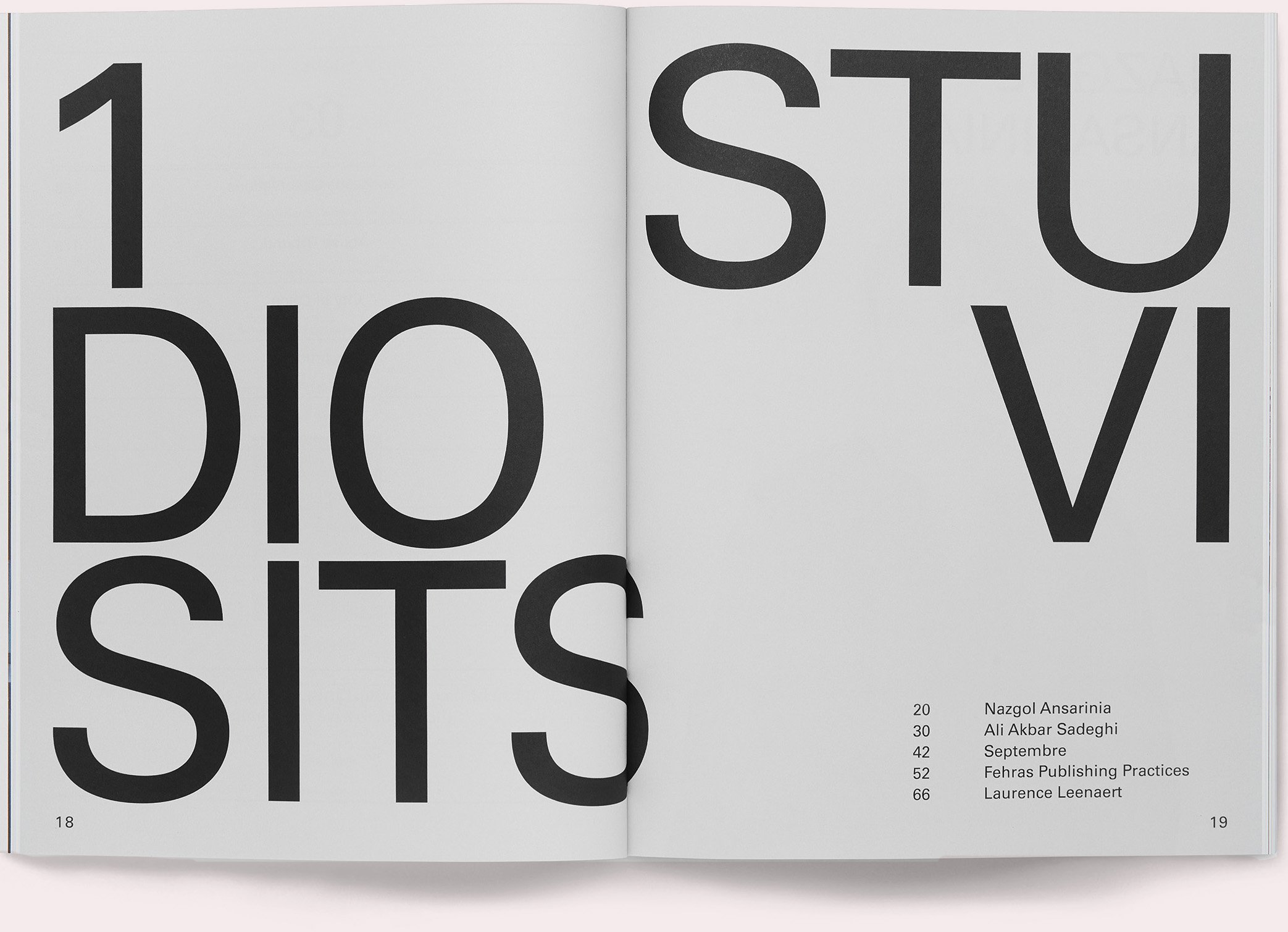
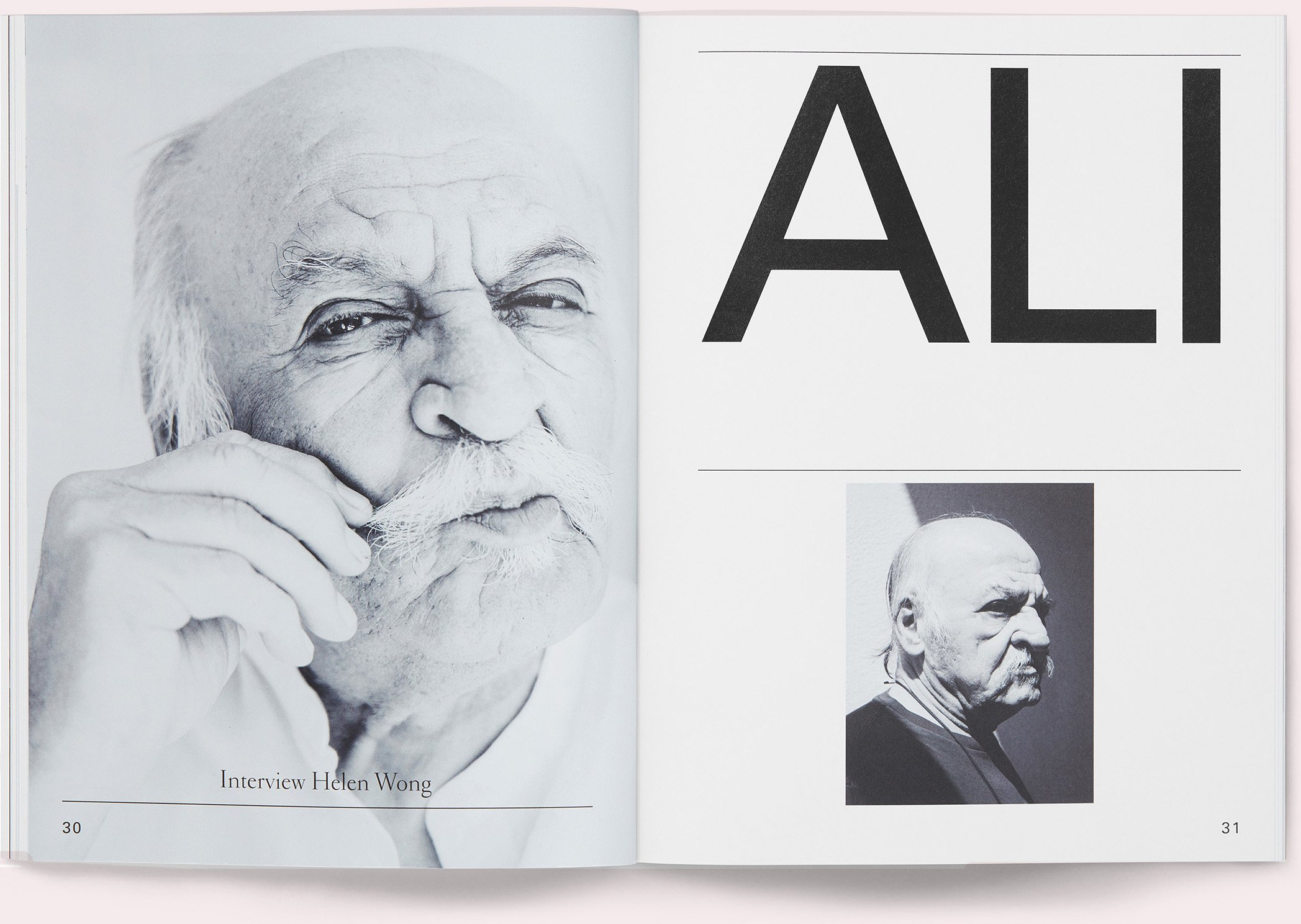
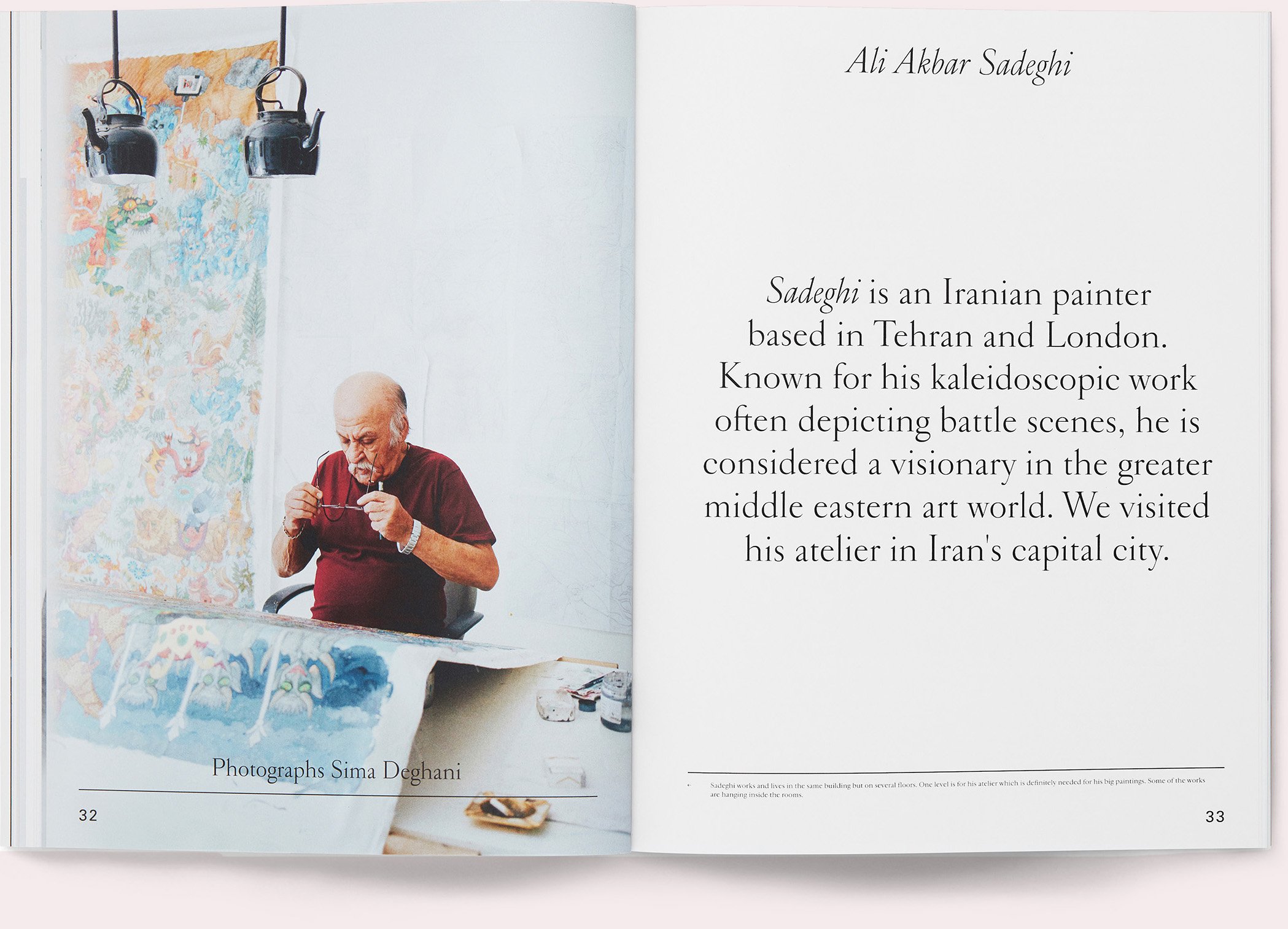
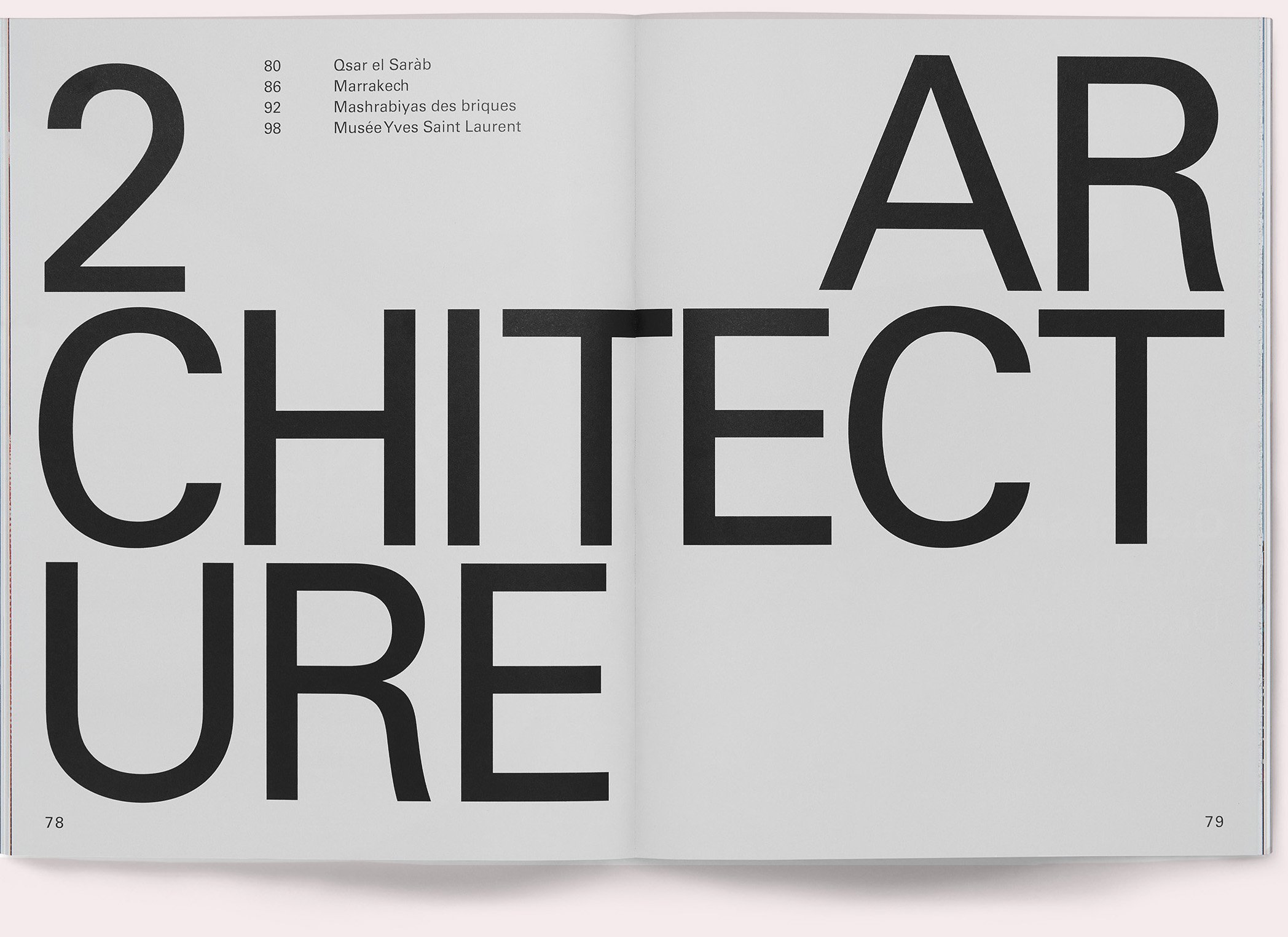
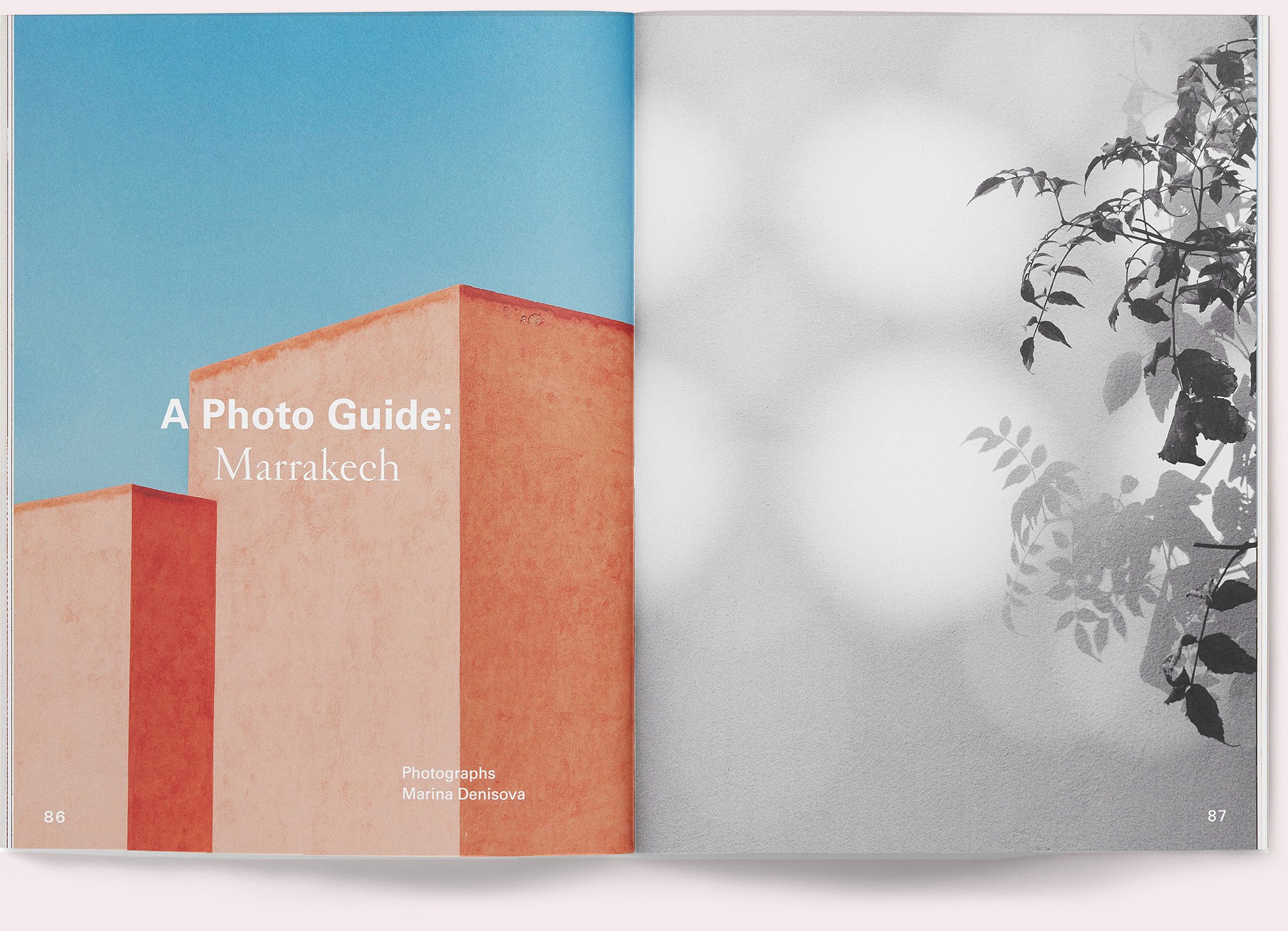
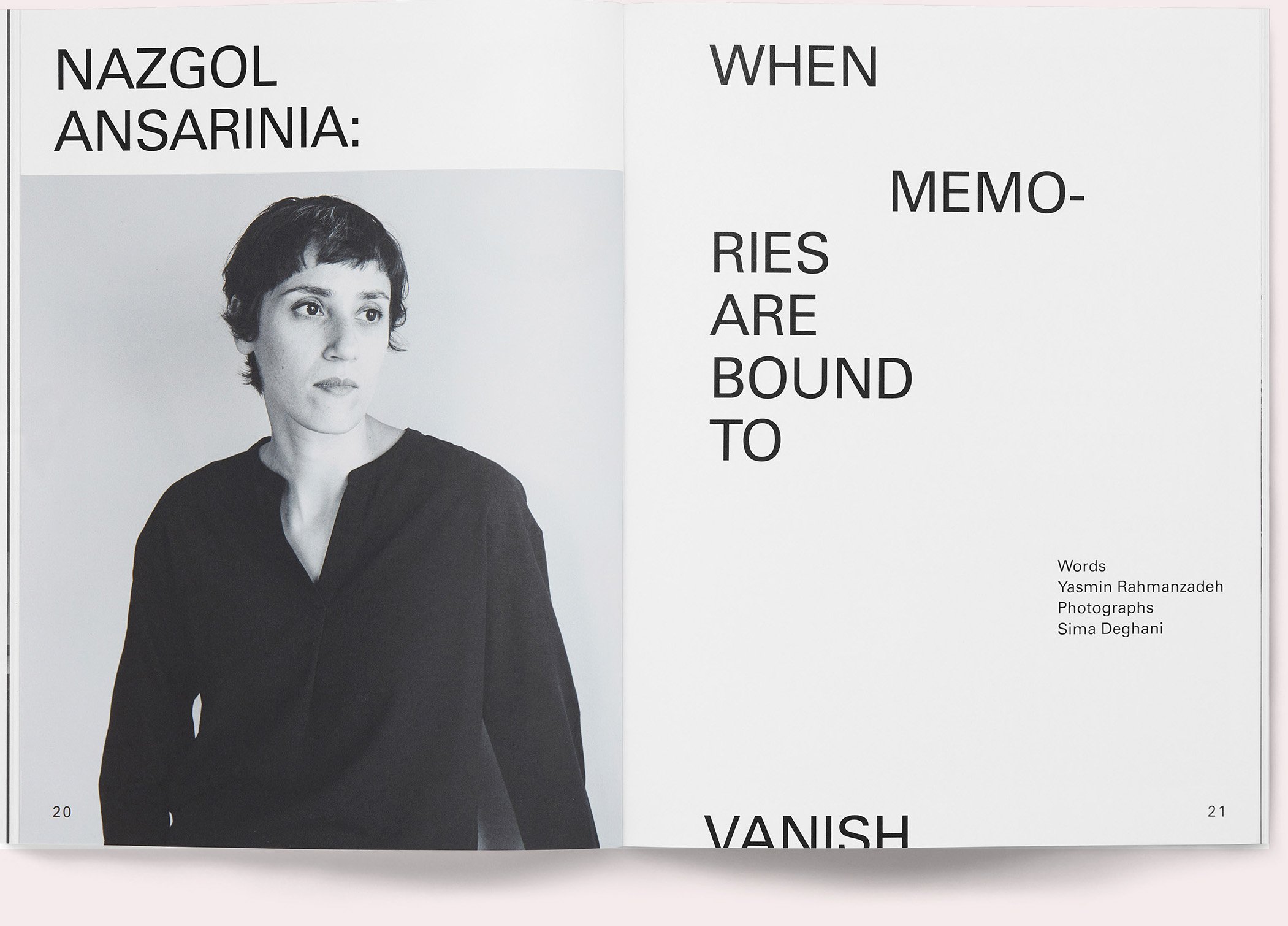
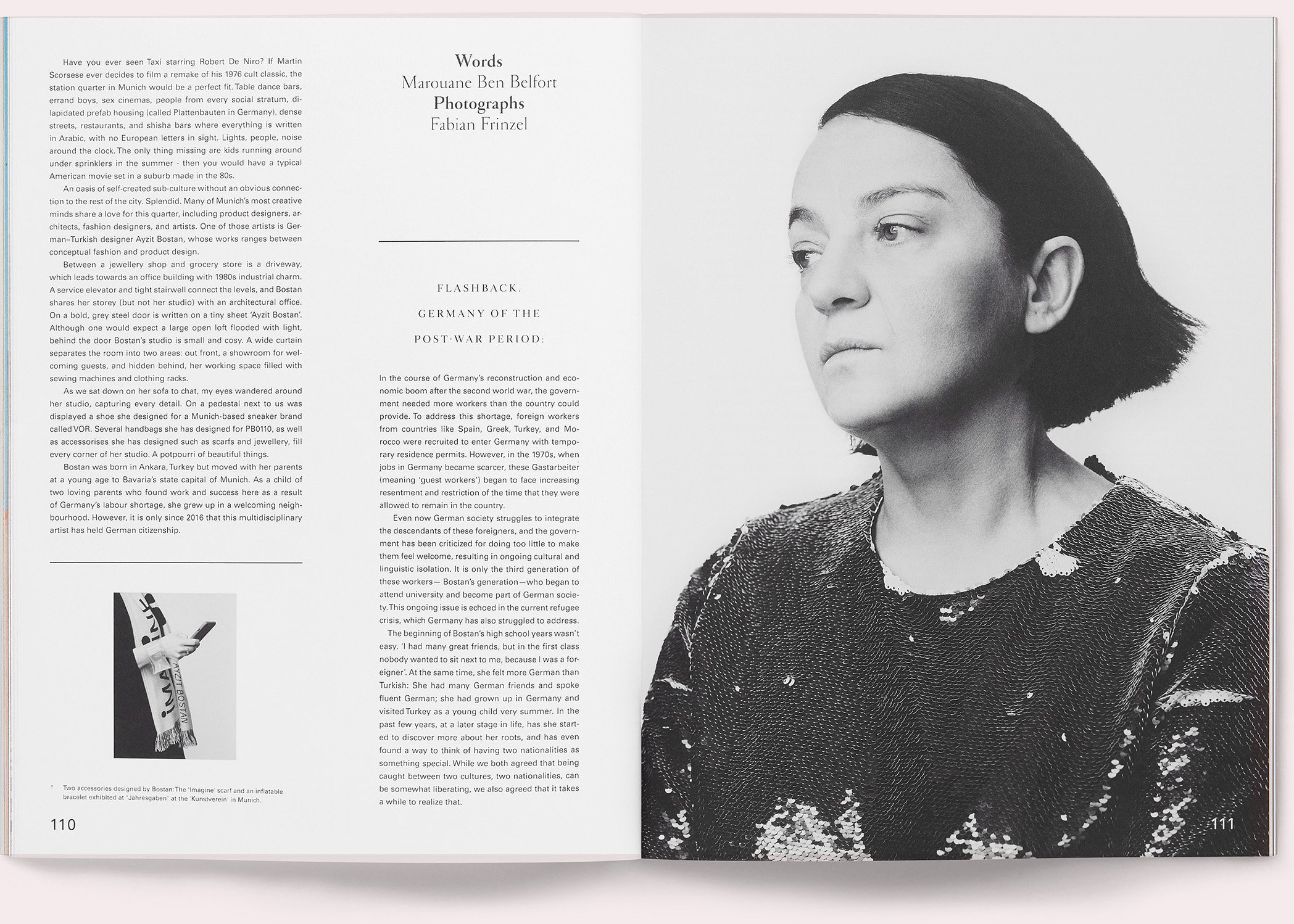
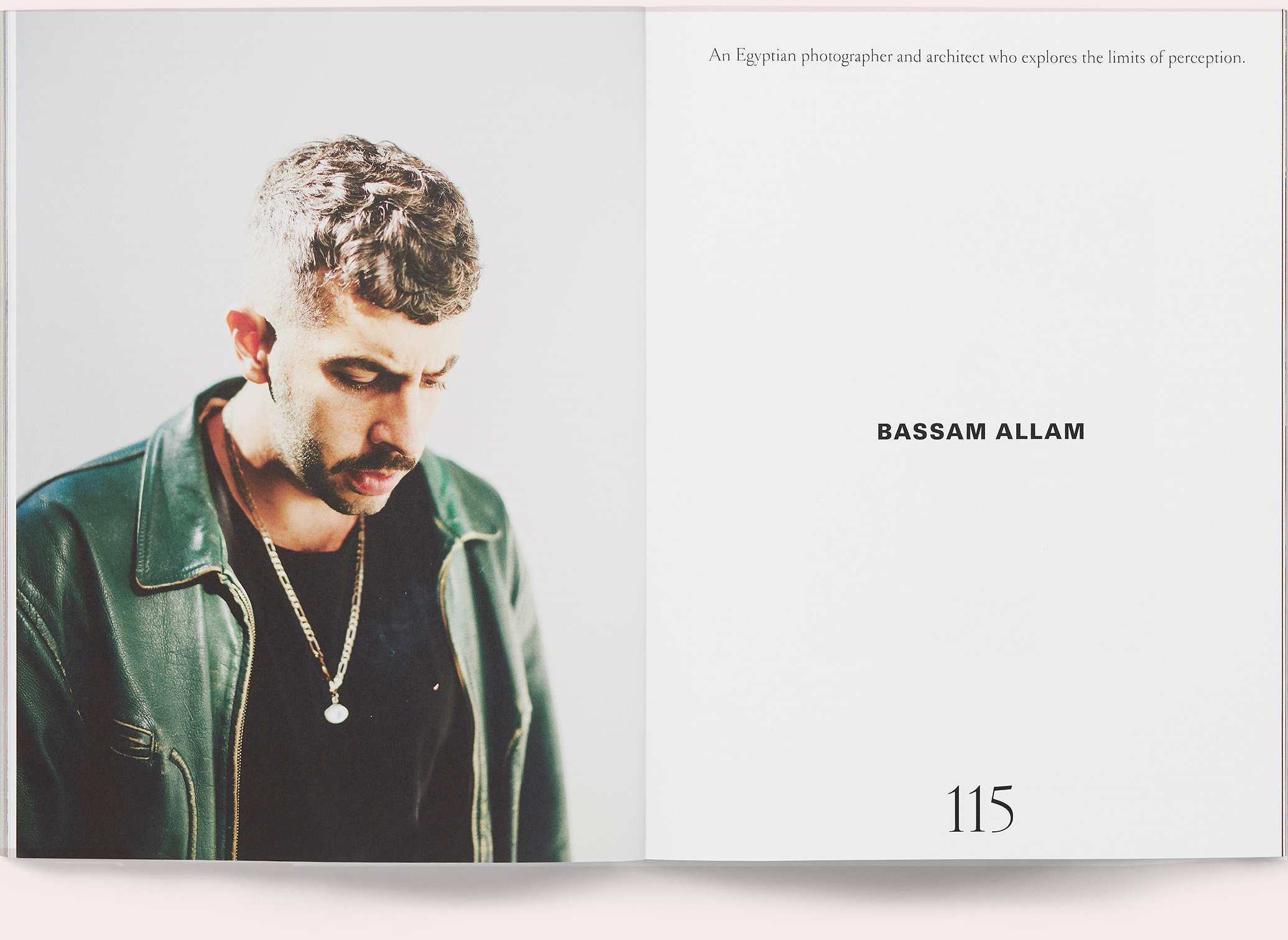
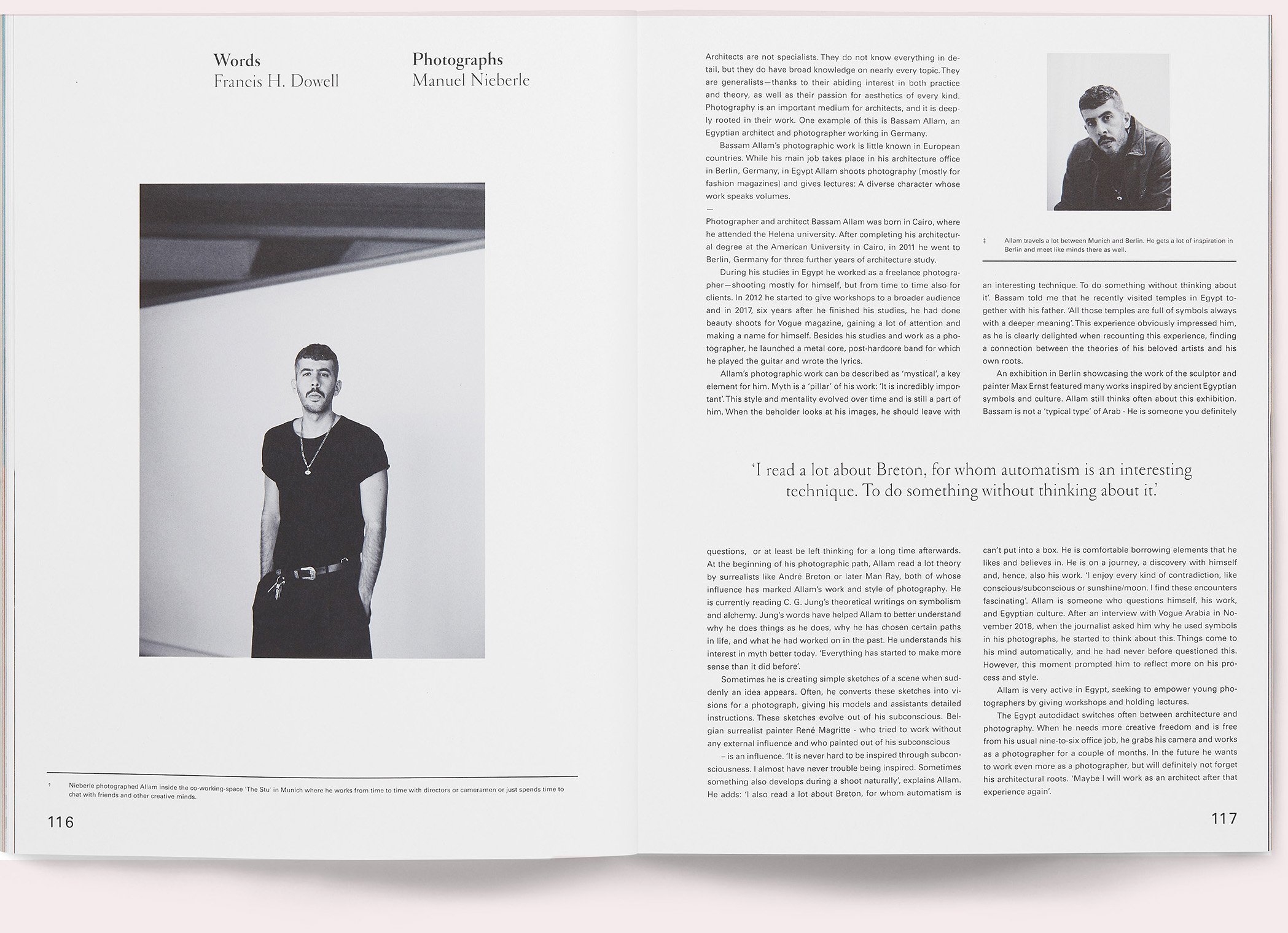
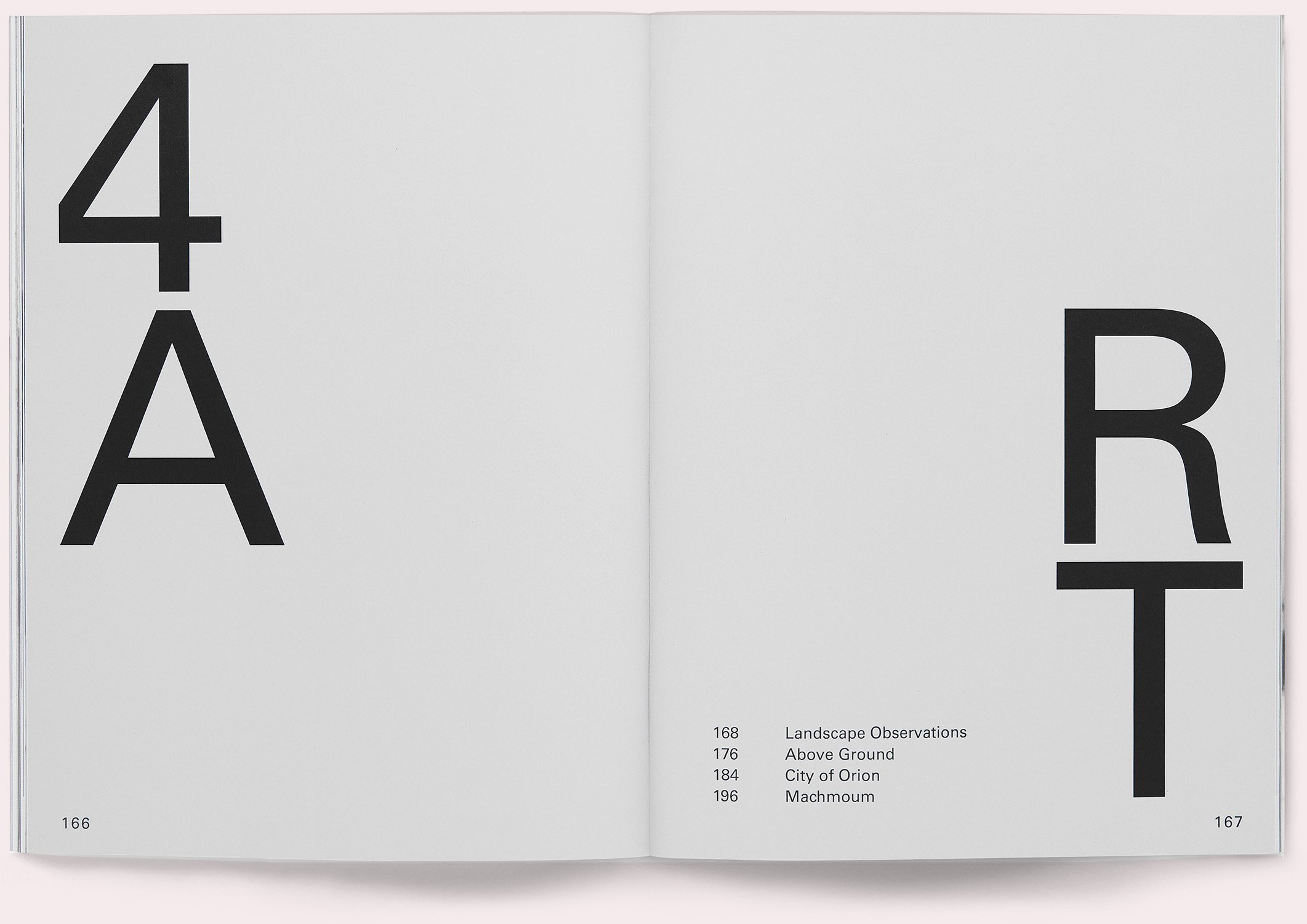
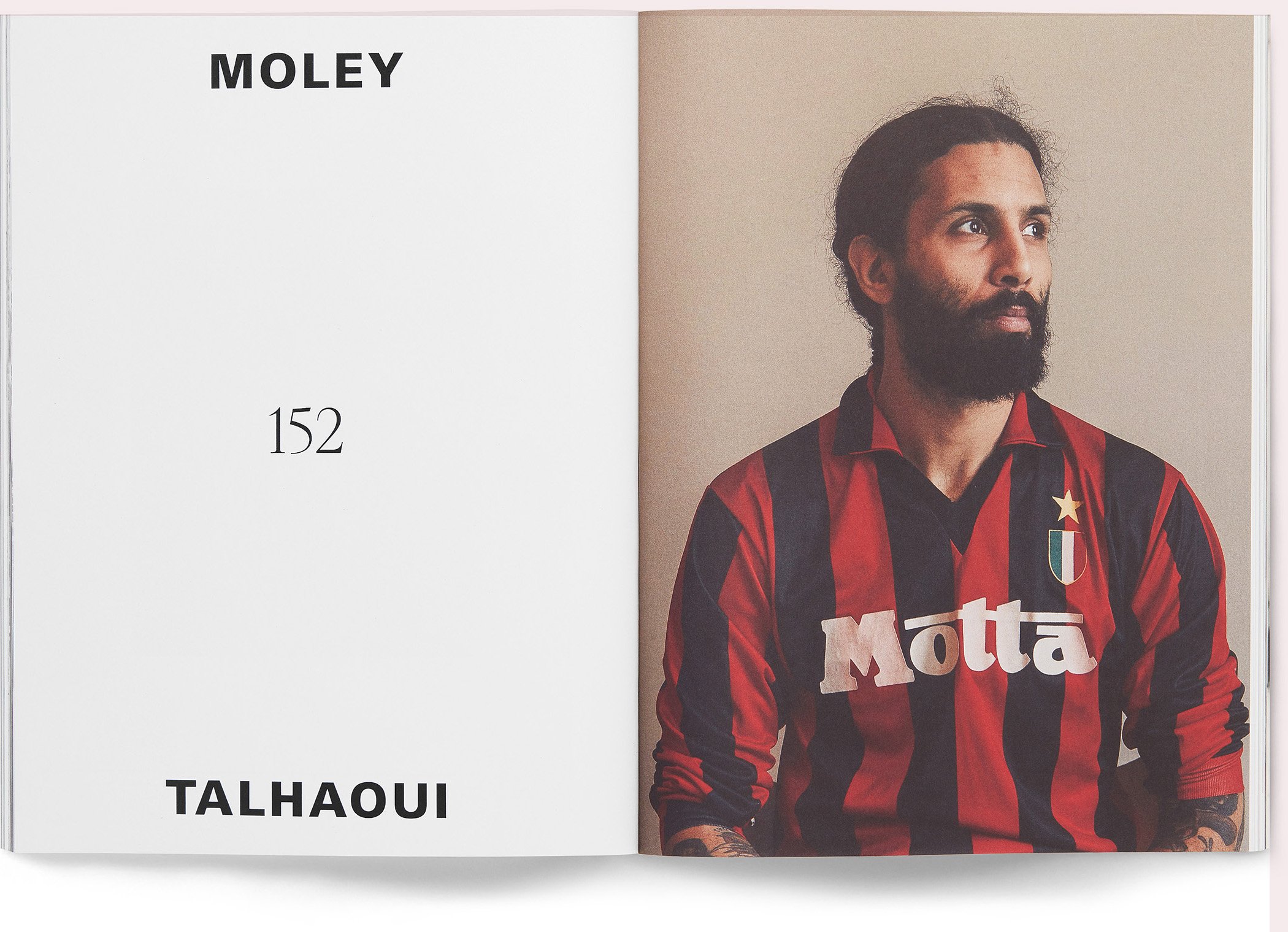
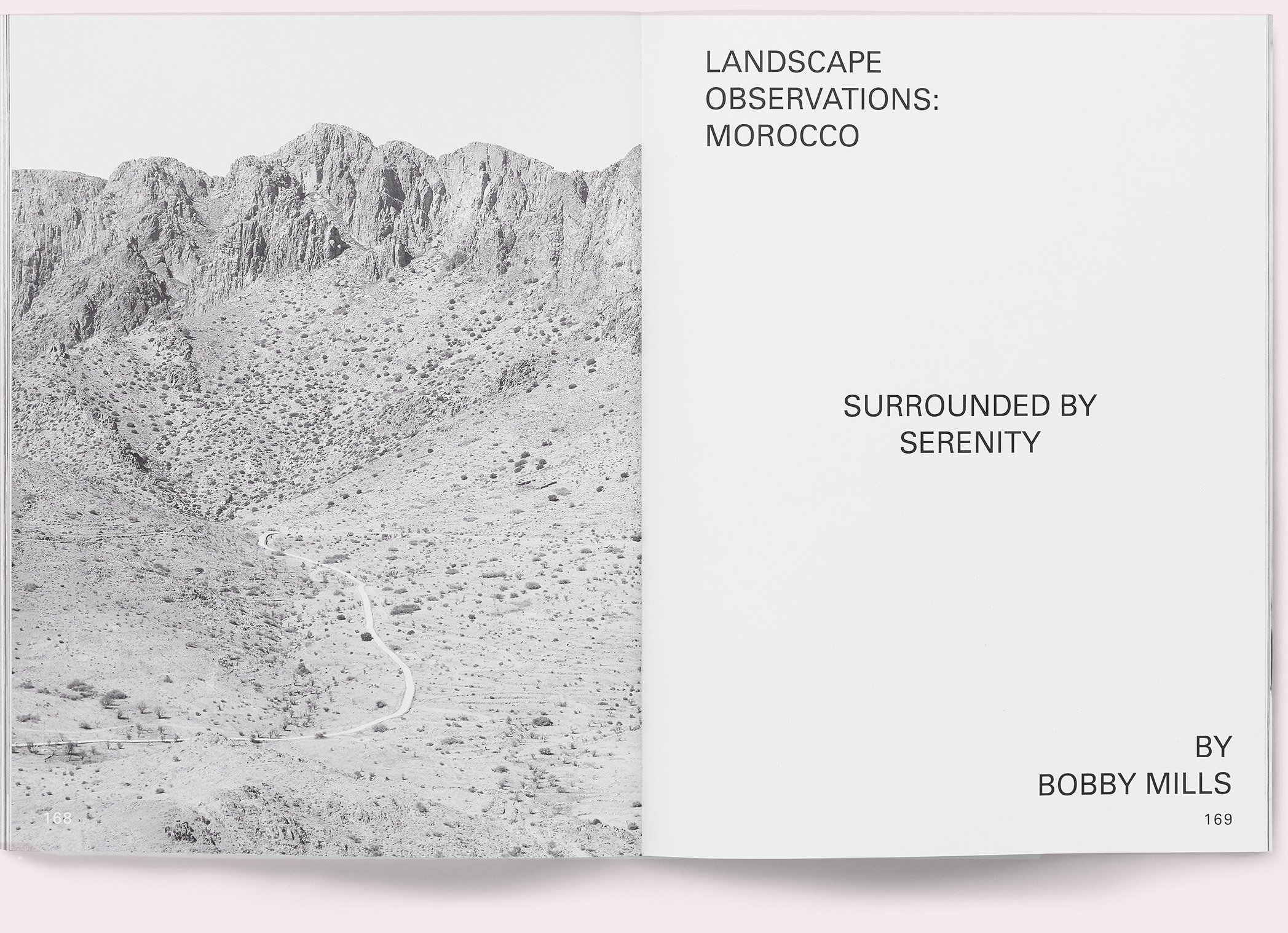
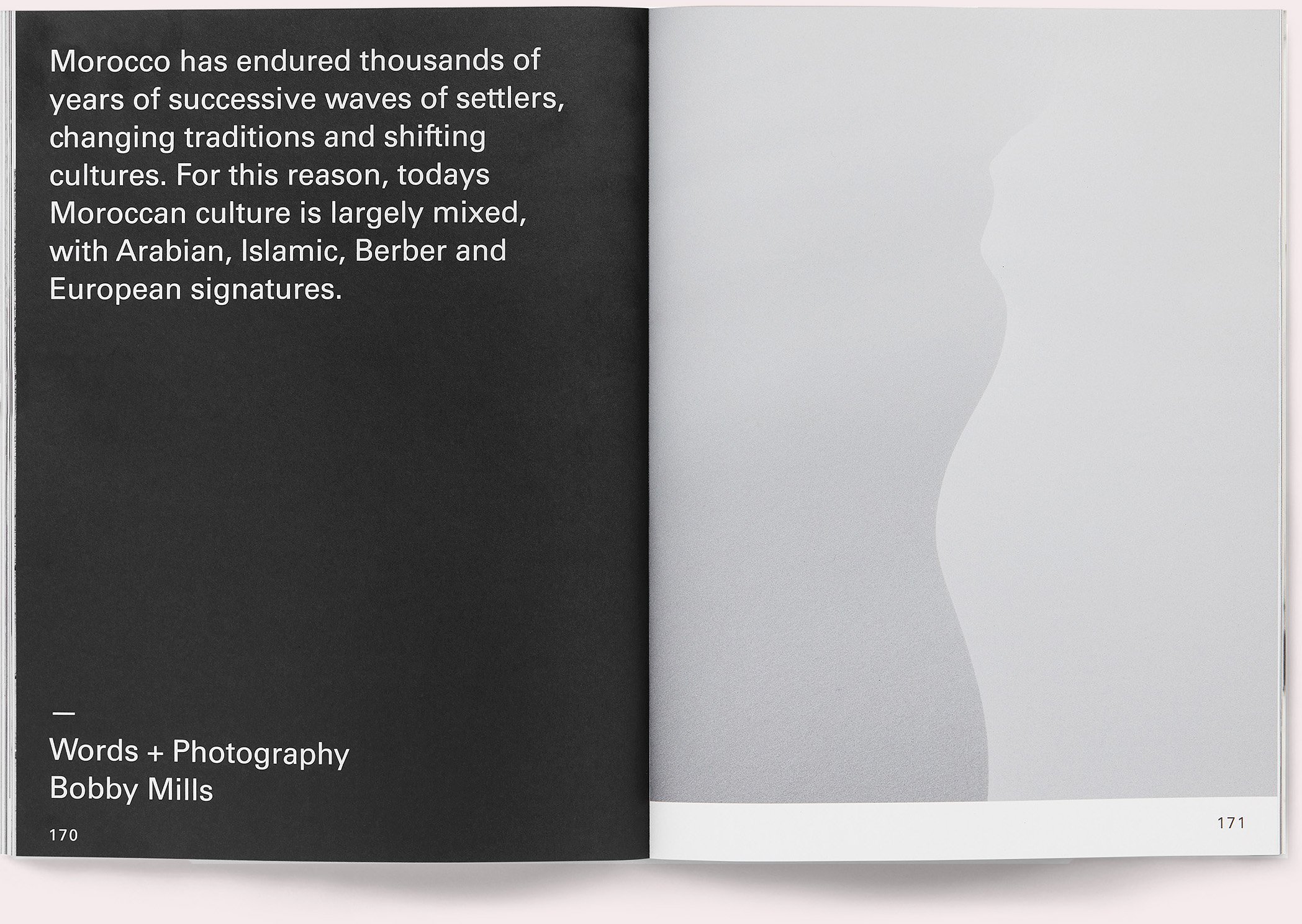
Patrick Mitchell: Because you’re a millennial?
Alex Hunting: Yeah, probably, yeah. I’d just, I’d have a bit of a tantrum or whatever to myself and think, “This is ridiculous.” But you know, the reality is that I’ve totally grown to realize that, ultimately, you almost always end up with something that’s better. Or, like, I find it because I challenge myself so much more after that’s happened.
And also the client, a lot of the time, most of the time, they are right because they know what they’re trying, they know the magazine might look cool to you, but it might not be the appropriate thing. So I’ve become much less precious about that sort of thing.
And I think it does end up leading to good work. Plus you can also leave all those excellent little ideas in a drawer and come back to them for something else.
Patrick Mitchell: Do you find yourself getting involved in editorial conceptualization in terms of like, creating new departments, or branding departments, naming things? Do you do all of that stuff too?
Alex Hunting: Yeah, in terms of formats and that sort of thing. It totally depends on the magazine. If we are doing something from scratch we’re often creating packages around how we can best show this sort of imagery, and this would go well with this sort of shorter storytelling, or this section’s like bitty-er stuff, or all that sort of thing.
If it’s a magazine from scratch, we tend to do a bit of that. Not lots of it. But a lot of the clients that we have are normally really great and they’re often asking—they want to be, they’re really design conscious, a lot of them. They want the design to be as good as it can. They want the design to help inform, how some of those editorial, how a lot of those formats are going to be. So yeah, we do do a bit of it. I’d like to do more of that.
• • •
Patrick Mitchell: We’re going to shift a little bit now. I want to talk about Kinfolk. You’ve done a lot of work with the people at Kinfolk. How did that relationship begin?
Alex Hunting: I got approached by Nathan Williams, who’s the founder. He got in touch with me in—I think it was 2016. Something like that. And he didn’t actually get in touch with me about Kinfolk. He’s the founder of Kinfolk. Kinfolk was initially based in Portland, and it was a massive US success story in the indie world.
And they moved their headquarters to Copenhagen, Denmark. And it was a kind of slight repositioning of the magazine and the company around being a bit more for an international design audience—as opposed to necessarily just like a West coast, slow-living kind of vibe.
And they were going to start a new magazine, alongside Kinfolk, which was going to be an interiors magazine. And Nathan had seen what I’d done with the Rapha magazine, which is funny because it’s not particularly interiors-y, but he’d obviously liked something in the design. And he asked me to come over to Denmark and meet him and have a chat about it.
And so I started working on the concept for this new magazine. And um, loved it. It was really great. I really got into the process. Anyway, I remember we were quite deep into it and he just sent me an email one day saying, “Yeah, we’re not going to do it. We’re not going to do it, but would you be interested in redesigning Kinfolk?”
So, yeah, obviously, I jumped at the chance to do it. And it’s actually a shame that the [first] mag didn’t happen because it’s one of those ones which I was so happy with the design, you know, the initial mag we were working on. And actually, redesigning Kinfolk was a much more difficult challenge, because of the baggage that comes with it basically.
So it started there. And I did the initial redesign in 2016, and then redesigned it again beginning of last year maybe, or just a bit before. And yeah, it’s been amazing. I guess it’s been six years, really. And they’re just the loveliest team. Amazing editor. Just a whole amazing team. The kindest, nicest people. I mean, actually out of every magazine I’ve been involved in, anywhere, it’s the most organized, slickest operation I’ve ever experienced. So yeah, it’s great.
Patrick Mitchell: Nathan is no longer with Kinfolk, right?
Alex Hunting: No, no. He left a couple of years ago.
Patrick Mitchell: And so who owns it now?
Alex Hunting: It’s part owned by a Korean investor. It has Korean investors. I mean, Kinfolk is massive in Asia. So we still do a licensed Korean edition, Japanese edition, and we have a concept space in Seoul, South Korea. It’s got a massive audience there.
Patrick Mitchell: Is the editorial team still in Copenhagen?
Alex Hunting: Yeah. It’s exactly the same in terms of the mag. All based out there. Although increasingly British, actually. The editor-in-chief [John Clifford Burns] is British, the editor is British [Harriet Fitch Little], and I’m British. The art director, Christian [Møller Andersen], he’s Danish. And there’s an in-house art director as well, Staffan [Sundström], who’s Finnish. So there is a “Scandi” element to it. But there’s a lot of Brits involved.
Patrick Mitchell: I think about Kinfolk as one of your “name brand” clients and, I guess it is a name brand. But it’s a sign of the times that it’s a global brand with a circulation of, what, 80,000? Yet it is by far—and I say by far—one of the great success stories to come out of the indie mag boom of the early 2000s. And you’ve worked for a few of these.
Can you talk a little bit about your perspective on indie magazines? Jeremy [Leslie] has this amazing little shop [magCulture] in London where he focuses on shining the light on the best of the indie magazines—in the world of print publishing, indie magazines really are one of the positive lights. Most of the news coming out of our business is bad, but exciting things, good design, things like that, are happening with indie mags. Is that something that is going to continue to grow?
Alex Hunting: Yeah. I always find it amazing that I often get people—I had someone the other day apply for an internship and they were studying architecture, but they just really love the idea of working in magazines, and can they come and intern. I was thinking, “Don’t be a fool! Continue with the architecture!” But it’s amazing. I’m still of that generation of pre-mobile. Pre-digital as well. Just, just about. So magazines were a big thing for me growing up, because they were—I mean, I think they still are—they’re culturally significant things, right?
It’s where you get your subcultures, like skateboarding magazines, music magazines, all that sort of stuff. And I think they’re still massively important in terms of defining that sort of—I mean, nothing’s really taken that place.
You obviously have digital websites, blogs, and social accounts that are massive, that basically operate as magazines. They are magazines. But it’s amazing the kind of cache that they still have, the printed stuff. There’s a huge amount of dross in the independent magazine world as well, right? There’s some total crap out there.
But it’s the luxurious element of it—the fact that some of them might only exist for one or two issues and disappear. In a way that’s what makes a lot of it exciting, right? Because basically people do what they want and sometimes they get picked up and lots of people read them, and a lot of the time people don’t.
But they still have a sort of a purpose, don’t they? And I guess most of that was a reaction against the fact that the newsstands—just that whole world has just been falling apart.
“I think that the most interesting space—and I’m slightly biased about it because I had such a great experience working on the Rapha magazine—but I think that “brand” magazines can be one of the more exciting spaces for the industry.”
Patrick Mitchell: They tend to spend a lot of money on paper and printing. And it’s funny, because when you walk into a newsstand that has a lot of indie magazines, you would think that design is going to be a really big part of it. And I’ve tried to figure out what’s really happening there, because you open them up, and the design suddenly isn’t that great. There’s a lot of white space. It’s very precious. It’s small titles and centered text. They look like books. They’ve got nice photography. But there’s no “editorial design” once you get past the cover.
And I don’t know if Monocle is considered an indie mag. I guess it’s not from a “big” magazine publisher. But I tend to think of Kinfolk and Monocle as two success stories of magazines that started in non-traditional ways. And also, ironically, both supported by Asian partners. Nikkei owns part of Monocle, and as you said, a Korean company owns a big chunk of Kinfolk. Or all of Kinfolk.
Alex Hunting: I totally agree with the design thing. I think a lot of it is because, in all those indie mags, there’s so many editors. They’ve always been a space for writers, right? You know, the literary-type sector. There’s a whole creative space of people desperate to start magazines that aren’t designers as well. I’m always amazed by that.
Obviously there’s loads of magazines which, kind of, they’re just put together by people, so some of the content might actually be great, but it’s not guided by a designer. I think that the most interesting space—and I’m slightly biased about it because I had such a great experience working on the Rapha magazine—but I personally think that “brand” magazines can be one of the much more potentially exciting spaces for the industry.
I really believe that because I think that the right brand, with the right kind of storytelling can often make so much sense. Because so much of the problem with newsstand magazines is like, this advertiser, that advertiser, this person’s got to be on the cover, all this sort of stuff. And so much of that stuff goes out the window with the brand magazines, because it’s essentially just a marketing expense for the company. They can spend quite a lot of money on it.
But if the brand’s great, and the brand’s got good values, and it’s got amazing editors, and amazing designers, I think lots of brands can see the value in it. And it shows you, it still 100% has that—it’s often the high point of a brand’s editorial output, isn’t it? It still is that physical thing. So I think that’s a relatively exciting space still.
Because there’s often with, if it’s like a particular kind of brand—so obviously with Rapha, the magazine’s a cycling magazine, but it had a brilliant editor, had an amazing in-house art director, Jack Saunders, who’s just an incredible creative mind to work around.
And the storytelling around cycling was so exciting—the sort of stories you would never see in a traditional cycling magazine. But brought to life with amazing attention to detail in terms of the production, the photography, all this sort of stuff, because the vision of the company is great.
And there’s plenty of brands out there where you could see that could be an amazing thing, you know?
Patrick Mitchell: And they wouldn’t have the pressure, like if Hearst launches a magazine, well, that means it’s got to come out monthly, and it’s got to get a certain number of readers, and a certain number of advertisers, and become a business. Rapha can decide to do a magazine, because it’s a great format for a certain thing, and do six issues and call it a day. And it’s a success.
Alex Hunting: Exactly. Exactly. So yeah, I love the indie mag scene. And I think it’s brilliant. And I guess that’s why I’m still doing what I’m doing, really. As I say, it’s from going to that independent magazine festival all those years ago. So yeah, I love it.
And I’m still amazed. I keep thinking it’s going to die down really. But it’s just constant, isn’t it? New titles, new titles, new titles. I think it will die down because printing has just gone completely insane. The cost of printing. It’s just, it’s next level now.
But then, I guess digitally, there’s always ways around it. I’m sure people will find a way to keep publishing stuff.
Patrick Mitchell: Has your relationship with Kinfolk led to more work?
Alex Hunting: Yeah, definitely. Definitely. I mean, people have approached me just because of working on that title. It’s also led to some really nice—I’ve got a few Danish lifestyle-y clients. Furniture or homeware, that sort of stuff. Stuff that’s in that world in that Copenhagen little bubble. So yeah, it’s definitely led to stuff.
And we’ve also done another mag with Kinfolk as well. I’ve worked on a couple of the books and all sorts of stuff like that. It’s been a really fruitful relationship.
Patrick Mitchell: So you get a lot of work from word-of-mouth. Do you do actual biz development to get new work? Or do you not need to do that?
Alex Hunting: Yeah, I’ve definitely done it over the years. I think the hit rate has got to be under 5%, or something. I used to do these really big send outs where I’d send a fresh issue of every best thing that we’d done to the marketing director or the so and so of loads of particularly niche companies we really wanted to work for.
I think once it worked. I think. And I try to get in front of people. Like I do try to meet people. But I’d say the vast majority is word-of-mouth. Or not necessarily word-of-mouth, it’s just, you do a project, someone sees it, they like it, they want something like that.
They get in touch. So I do a bit. It’s probably 20% new business, I guess, 80% word-of-mouth. But often that means the work dries up.
Patrick Mitchell: Well, I can relate. It’s almost impossible to be an effective business development person as the person who also has to do all the work that you get.
Alex Hunting: That’s definitely the job that I need, really, that I do need to hire. Much more kind of a project management/new business type of job. I’ve been thinking about that for so long. It’s such a key part of the business.
My dad used to always say that. He said, “You should always be spending 25% of your time, at least, on generating new business.”
Patrick Mitchell: And what percentage do you spend?
Alex Hunting: Definitely not that! Definitely not. Two percent, three percent.
Patrick Mitchell: So you’ve accomplished a lot at the tender age of 35. And you’re so busy, I imagine it’s going to be tough to answer this question, but how are you thinking about the, say, the near future in terms of you, your business, your life, all of that stuff? Just keep plugging or do you have wider goals?
Alex Hunting: Yeah, I don’t know. I was saying to you earlier, I’ve just had a son. Well, he’s 18 months now. So that’s been quite a preoccupation where I’ve been keeping my head above water in general. Just working, keeping the business going, trying to do good work, and trying to spend time with him a bit, and all that sort of stuff.
So, I think, for the near future, it’s just carry on as is, really. For a bit. And I always always say this, but I would like to grow it a bit. I would like to grow the studio a bit in terms of—I’ve had some great designers in recently and there've been some really great relationships with some of them. And I’ve not been able to offer them a job at the end of their freelance contracts. And I’ve wanted to, and that sort of thing. I’ve let quite a bit of talent actually fall away, which has always been quite gutting. So I’d like to be in a position, do you know what I mean, to have a bit more of that.
But apart from that, no, just try and do as much good work as possible. Really. That’s it.
Patrick Mitchell: All right, we call this The Million-, or Billion-Dollar Question. I guess it depends on how big your ambitions are. But let’s say Jeff Bezos called you today and said, “Alex, I’m going to give you a blank check. The only stipulation is you have to use it to create and launch a print magazine. Money is no object.” What would you make?
Alex Hunting: Oh. Um. Cricket Magazine? No, I was thinking about that. I would love there to be a decent cricket magazine, but the imagery would just always be too, too, too rubbish. I’m a big cricket fan, so that would be good. But it’s just, it’s not a very, it’s not a very image-based, image-led thing. I think, do you know, I thought about it. I have actually thought about magazines a lot because I’ve always wanted to start my own magazine. So there’s been a few ideas I’ve had over the years. But I think the magazines that I—besides kind of current affairs, or news, or that sort of thing—the magazines that I really enjoy are the ones that are very meta, or, like, macro, how they, like, zoom in on something.
Do you know the magazine Flaneur? Do you know that magazine? It focuses on one street somewhere in the world. And all of the content, the stories, are based around this one street. And the team goes and lives there. And I just think it’s amazing, the richness that comes out of it. And I loved Colors for that sort of thing as well.
So I’ve often thought what would be cool would be a magazine that each issue’s dedicated to a 24-hour period, basically, at any point in [history]. And Jeff Bezos could fund the best writers, the best photographers, and the best artists to find stories and bring them to life, of any 24 hour period. Basically, like, any period.
But you wouldn’t pick a famous year. It’d be like, I don’t know, 2000, I don’t know, 2004. Sort of ... June 3rd, 2004. Random. I love the idea that you could find those incredible stories from any random time. But you’d need quite a lot of budget, I reckon. Quite a bit of research resources.
For more on Alex Hunting, visit his website or follow him on Instagram @alexhunting1
Back to the Interviews
The Arkansas Traveler
An outsider in an insider’s game, Will Hopkins left a hardscrabble life in 1960s Arkansas to travel the world and became one of magazine publishing’s great design practitioners.
—
THIS EPISODE IS MADE POSSIBLE WITH THE SUPPORT OF MAGCULTURE
Photograph by Barbara Bordnick
If Marianna, Arkansas looks like the kind of place that Walker Evans would’ve photographed, that’s because it is. And it was in that cotton belt town in 1936 that William Paschal Hopkins came to be.
Born to Charles, a cotton merchant, and Martha, a housewife, young Will Hopkins was on a path to follow his father into the cotton business. But thanks to the intervention of a distant aunt, a fashion illustrator in New York City, Hopkins’ parents were persuaded into shipping their creatively-inclined boy off to the celebrated Cranbrook Academy of Art in Detroit.
Hopkins became the “Arkansas Traveler.” After school, he took a job at Chess Records in Chicago, designing for the likes of Muddy Waters, Willie Dixon, and Bo Diddley. But soon the road was calling again.
“One Sunday afternoon, I’m walking down the street in Chicago. I said to this friend of mine, ‘You know, I’m gonna go to Germany.’”
Through a friend, Hopkins had discovered Willy Fleckhaus, one of the most innovative, creative, and influential graphic designers in postwar Germany. He knew he had to go.
Through his revolutionary work at the magazine Twen, Fleckhaus taught Hopkins everything about the business, including the “12-Part Grid,” his layout innovation that transformed the way magazines were designed.
After three years in Munich, Hopkins moved to New York to take the helm at Look magazine. Look enjoyed a spirited rivalry with the more conservative Life magazine, and published hard-hitting stories on civil rights, racism, gay marriage, and the environment. It featured the more cutting-edge design of the two, which Hopkins credits to his implementation of Fleckhaus’s grid system.
After Look closed in 1971 (followed by Life in 1972), Hopkins would go on to open his own studio where he continues to run a thriving design business, Hopkins/Baumann, in Minneapolis.
After a non-stop, 65-year career in magazine publishing, Hopkins’ memory is rich, but not quite what it used to be. But thanks to his partner in work and in life, Mary K Baumann, who helped to fill in the gaps, we learned why Hopkins seemed to attract magazines with “American” in the title (American Photographer, American Health, American Craft), how to drive a Volkswagen from Chicago to Germany, and about the good old days when art directors got wined and dined by French publishers.
Hopkins (right) with his partner in business and life, designer Mary K Baumann. Photograph by Barbara Bordnick
“And then [Fleckhaus] realized that I’m not going away. So he says, ‘What are we going to do with you?’ And I said, ‘Listen, I come from Arkansas. And when we’ve got something to do, we do it. I had to get over here because I wanted to work for you. I’m here and I’m ready to work.’”
George Gendron: I want to start where we all start: at your birthplace. If somebody looked at your career, you know, you’re over in Munich, you’re working on Twen with Willy [Fleckhaus], you’re the art director of Look Magazine, during the heyday of those big magazines, Look and Life. You go on to redesign every magazine imaginable here in the US—you do L’Express in France. People would think you grew up on the Upper West Side of Manhattan, you had very affluent parents who were art dealers and socialites, and you just slid right into this world, man. But we’ve heard a rumor that you were born and raised in Arkansas. Could that be true?
Will Hopkins: That was the truth.
George Gendron: Tell us a little bit about where you were born.
Will Hopkins: I was born in Marianna. I was born in the hospital in Memphis because my parents believed in that kind of thing. But I was raised in Marianna, Arkansas. And it was, what did I say?
Mary K Baumann: Six thousand people.
Will Hopkins: Yeah.
Mary K Baumann: Five thousand were black and one thousand were white.
Will Hopkins: Yeah.
George Gendron: And how many art directors were there in town?
Will Hopkins: There were none. There was an art director—you know, a 17 year old or something—who did the high school yearbook.
Greenhaw Brothers Cotton Buyers, Marianna, Arkansas, ca. 1936 (Library of Congress)
George Gendron: But he was not necessarily a role model of yours. So when you were 12, what did you want to be?
Will Hopkins: You know, I didn’t get into anything. I mean, I did do, I did, some painting and some stuff like that and so on, but not a lot. I went to the University of Arkansas, which was the only place I could get in, you know, because I had such poor grades. I went there for a few years and I was not doing well because I was really going to all of the stuff in the art department and I didn’t take any other courses, hardly.
And my parents talked to my aunt who was in Connecticut—she was an illustrator in New York, a fashion illustrator—and said, “What can we do with this kid?” You know. And she said she had friends who were at Cranbrook Academy of Art outside of Detroit. And so that sounded—that wasn’t too bad for my parents.
George Gendron: Did you know what Cranbrook was then?
Will Hopkins: No. And my parents didn’t want me to go to Gotham. There’s no way they were gonna let me loose in New York. But I could go to Detroit because a lot of people from Marianna, or in Arkansas went to Detroit, because they worked in the car business and the factories.
“I knew that I didn’t want to be a cotton buyer, and I didn’t want to just hang out [in Arkansas], so this idea of going to Cranbrook was really interesting. I had no idea what I was getting into. But I went and I had a great time.”
So, anyway, I went to Cranbrook. I went up there and I stayed for two years. I mean, I could do some, some sort of illustration or something in the art school at the University of Arkansas. But there was really not much to do there. I mean, there were a few teachers, but there wasn’t a lot going on.
But I really knew that I didn’t want to be a cotton buyer, and I didn’t want to just hang out there, and so this idea of going to Cranbrook was really interesting and I had no idea what I was getting into. But I went and I had a great time.
George Gendron: Well, you must have because it couldn’t have been that much later, that suddenly you show up at Willy Fleckhaus’s studio in Munich, Germany.
Will Hopkins: Yeah. Well, after I left Cranbrook, I went to Chicago. And I had a friend who was an A&R man at Chess Records. And I started doing some album covers and stuff like that, and other odds and ends around there that they needed done.
And I did that till they fired him. And the Chess brothers asked me to come in and have a meeting with them. And they said, “We’d like for you to do some more stuff here.” And I said, “Well, yeah, but you fired my friend.” And I said, "I don’t like that” or something.
And so they said, “Well, okay. All right.” And they said, “Goodbye.” And I said goodbye to them.
Twen Magazine, Munich, Germany, 1963–1966
George Gendron: I’m anxious to hear about, not so much how you got to work with Willy Fleckhaus, but what was it like? I mean, you read about him today and he has kind of been rediscovered, it seems to me. At least rediscovered here, really in the US. People talk about him as one of the greats, number one. Number two, some people say, at least in Western Europe, he really created the role of art director as we know it today.
Will Hopkins: Yeah. Max Bill in Switzerland was who he copied.
George Gendron: What was the magic in that studio?
Mary K Baumann: Let me just back up for a moment. What drew Will initially to Fleckhaus, somebody had handed him a European design magazine while he was at Chicago Scene and Fleckhaus was featured in there. And Twen was featured in there. And Will said, “I gotta go work for this guy.” So...
Will Hopkins: One Sunday afternoon, I’m walking down the street in Chicago. I said to this friend of mine that I was walking with, I said, you know, “I’m gonna go to Germany.”
Mary K Baumann: Anyway, it was that influential on him. And he told his then-wife, “We’re going to Germany.” And she said, “Well, I have to finish the school year.“
Will Hopkins: She was a teacher.
Mary K Baumann: And they packed up and went to Germany. And ...take it from there, Will...
Will Hopkins: ...And we got on a freighter. And I knew the captain of the freighter through my friend in Detroit. And we hopped, skipped, and jumped.
“My parents didn’t want me to go to Gotham. There’s no way they were going to let me loose in New York. But I could go to Detroit because a lot of people from Marianna went [there] to work in the car factories.”
George Gendron: Let’s fast forward to your in the studio. That’s what I want to hear, man. Yeah. What was that like?
Will Hopkins: So I got there, to … Frankfurt?
Mary K Baumann: Cologne.
George Gendron: Munich?
Will Hopkins: No, we met him up north.
Mary K Baumann: Yeah. He arrived in Cologne and discovered that the magazine had moved. So they had gotten a Volkswagen...
Will Hopkins: We took our Volkswagen...
Mary K Baumann: ... he took the Volkswagen and got to Munich and they were camping out in a campground. And you showed up at Twen...
Will Hopkins: ...in my suit...
Mary K Baumann: ...walked up all these stairs because they didn’t have an elevator.
Will Hopkins: It was the sixth floor of the building...
Mary K Baumann: ...and said, “Here I am!” And they gave him back his portfolio, which he had sent before. And they said, “Well, uh, Fleckhaus is on vacation. Can we call you when he gets back?” And he said, “No, because I’m at the campground. I’ll just sit here and wait.” So he waited. And after several days they got into trouble and Will was very good mechanically. So they brought him into the art department.
Will Hopkins: I was sitting in the art department. Waiting.
Twen Magazine, Munich, Germany, 1963–1966
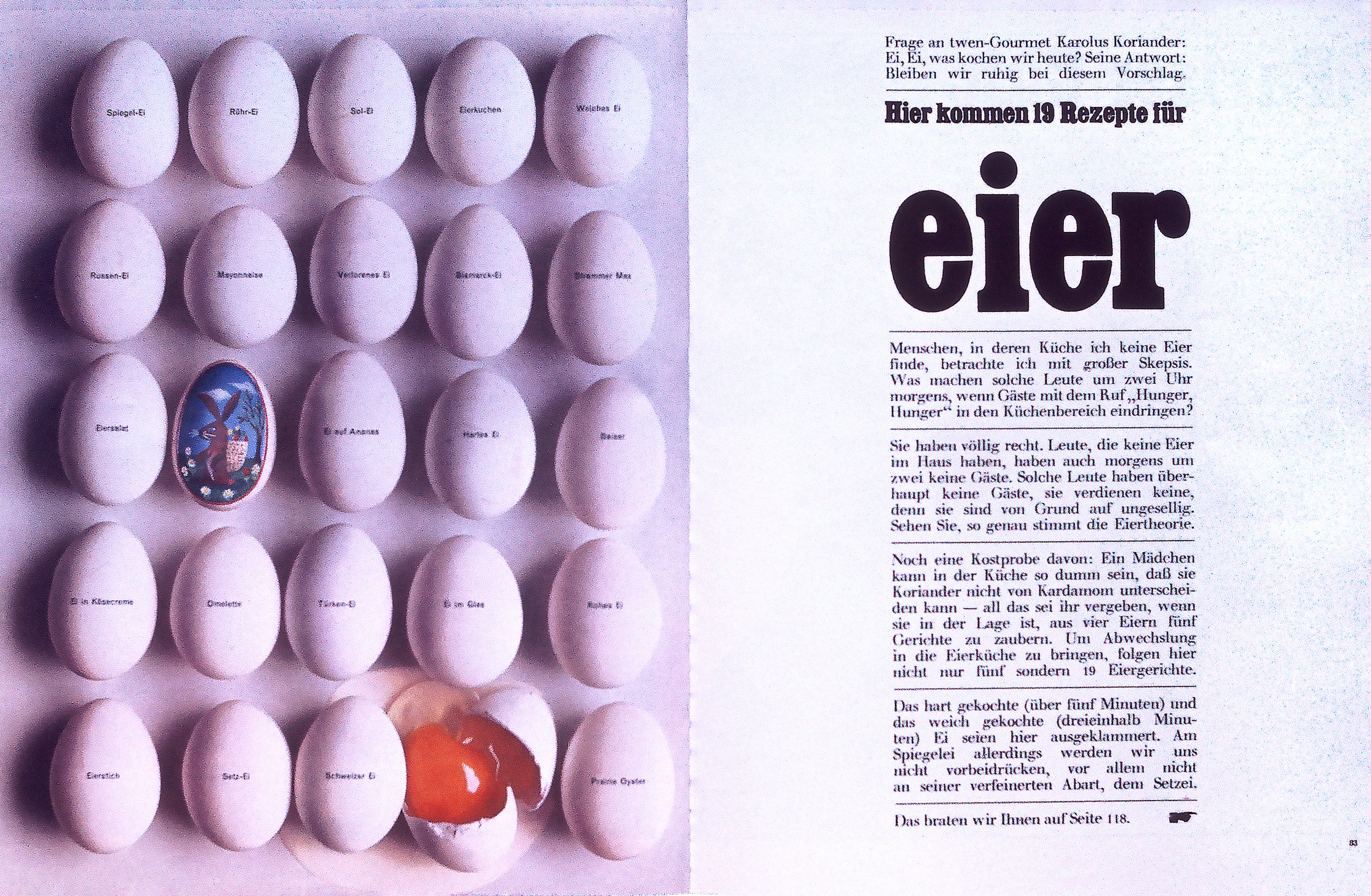
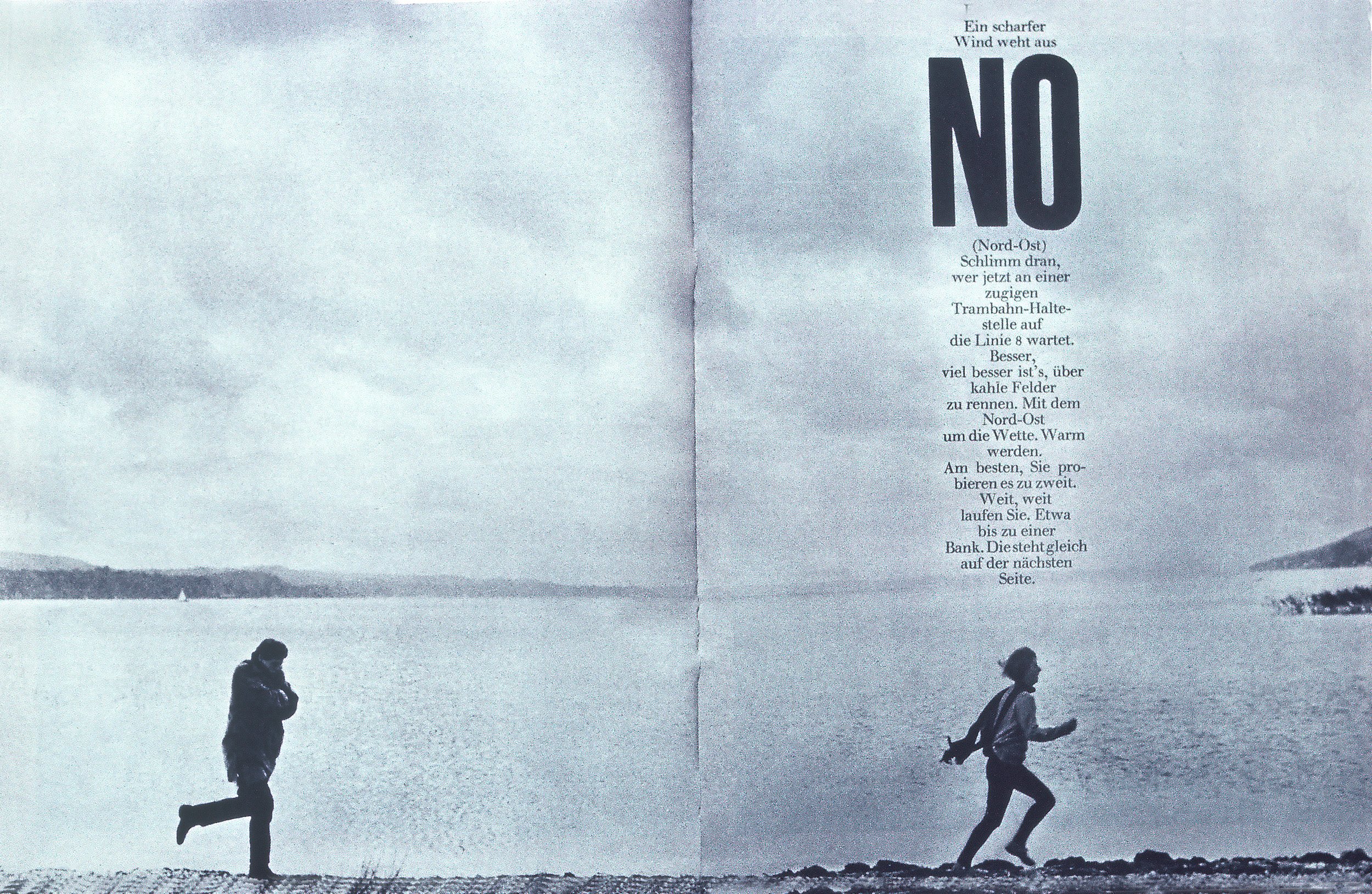
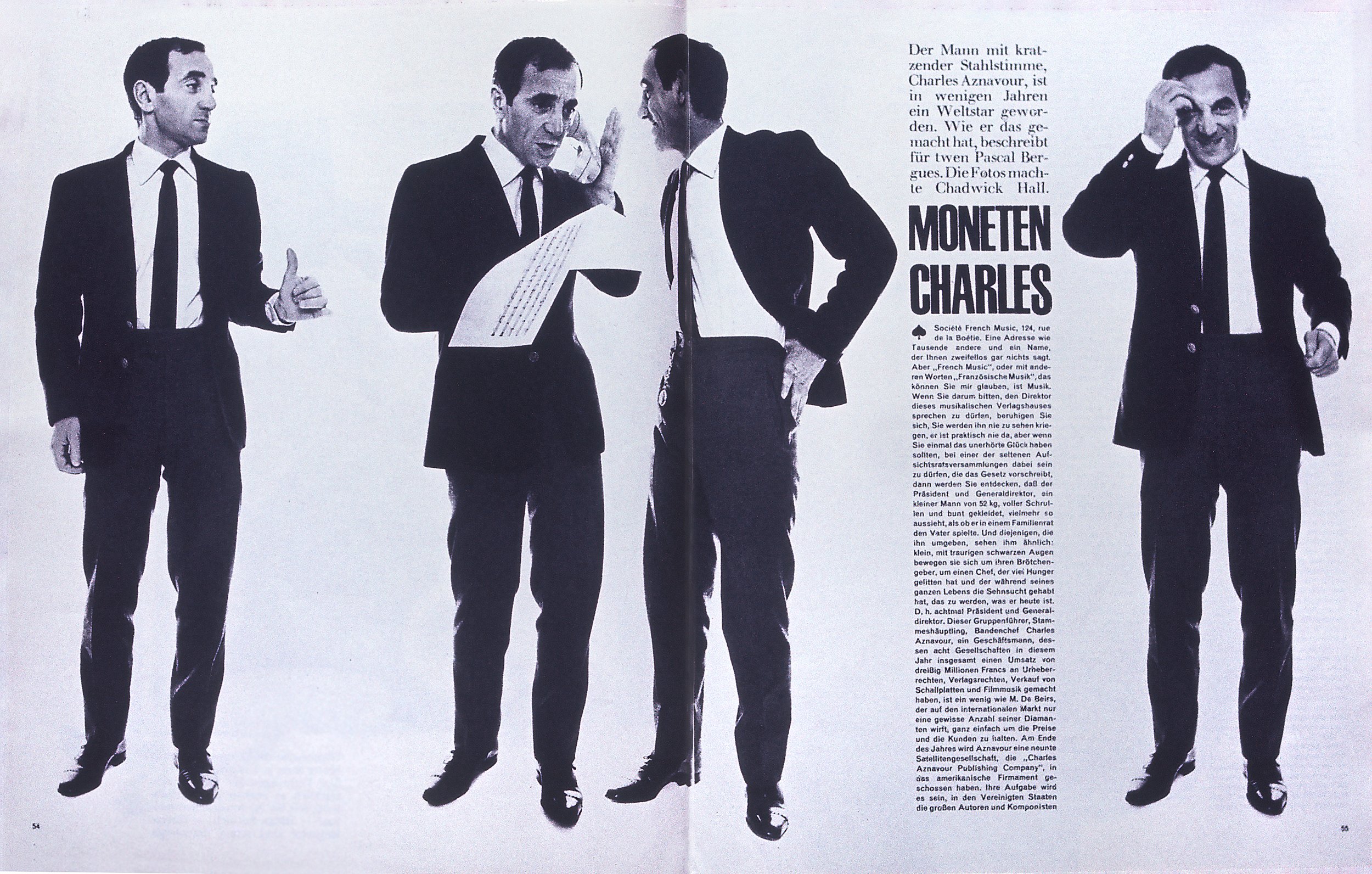
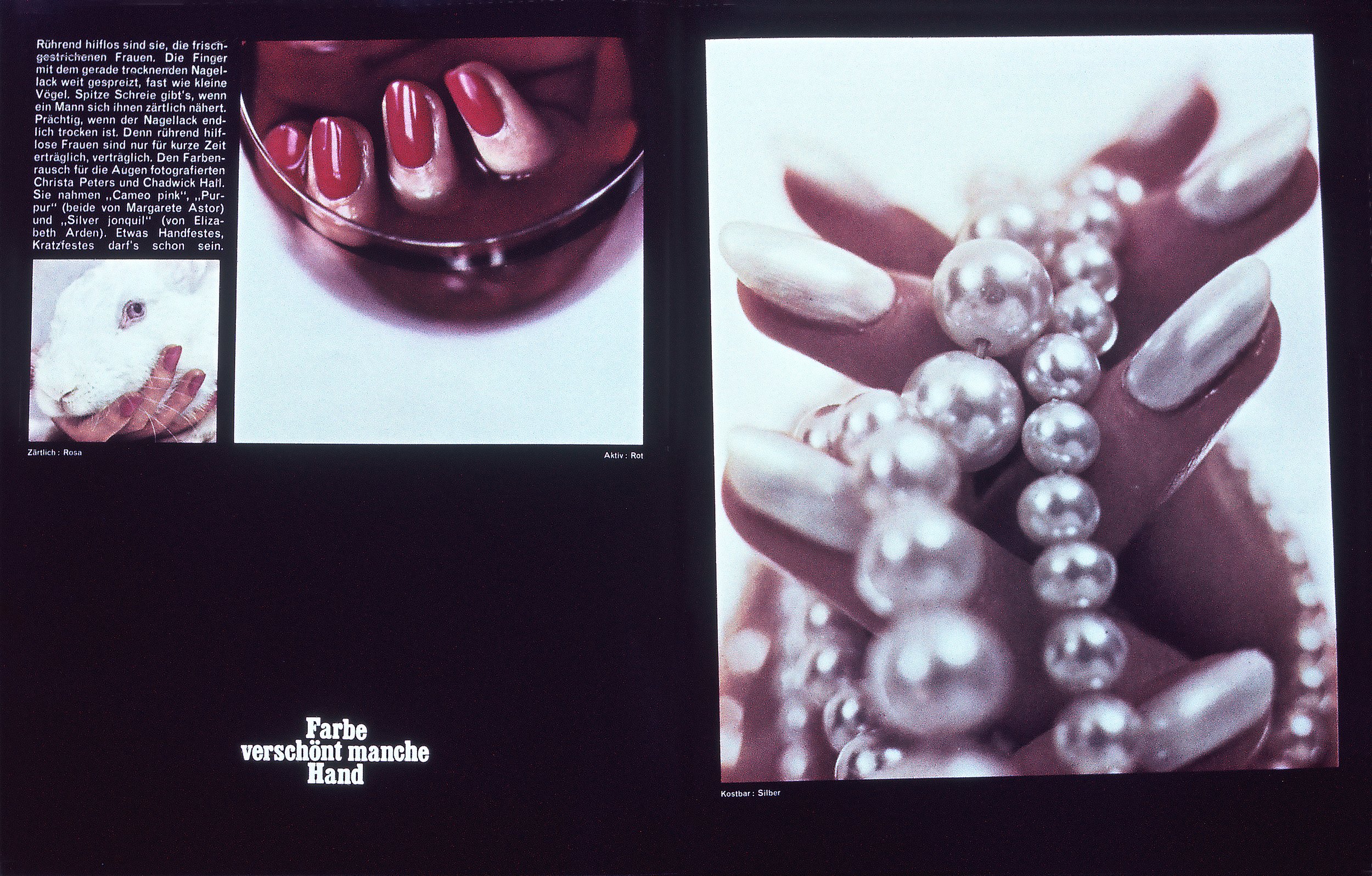
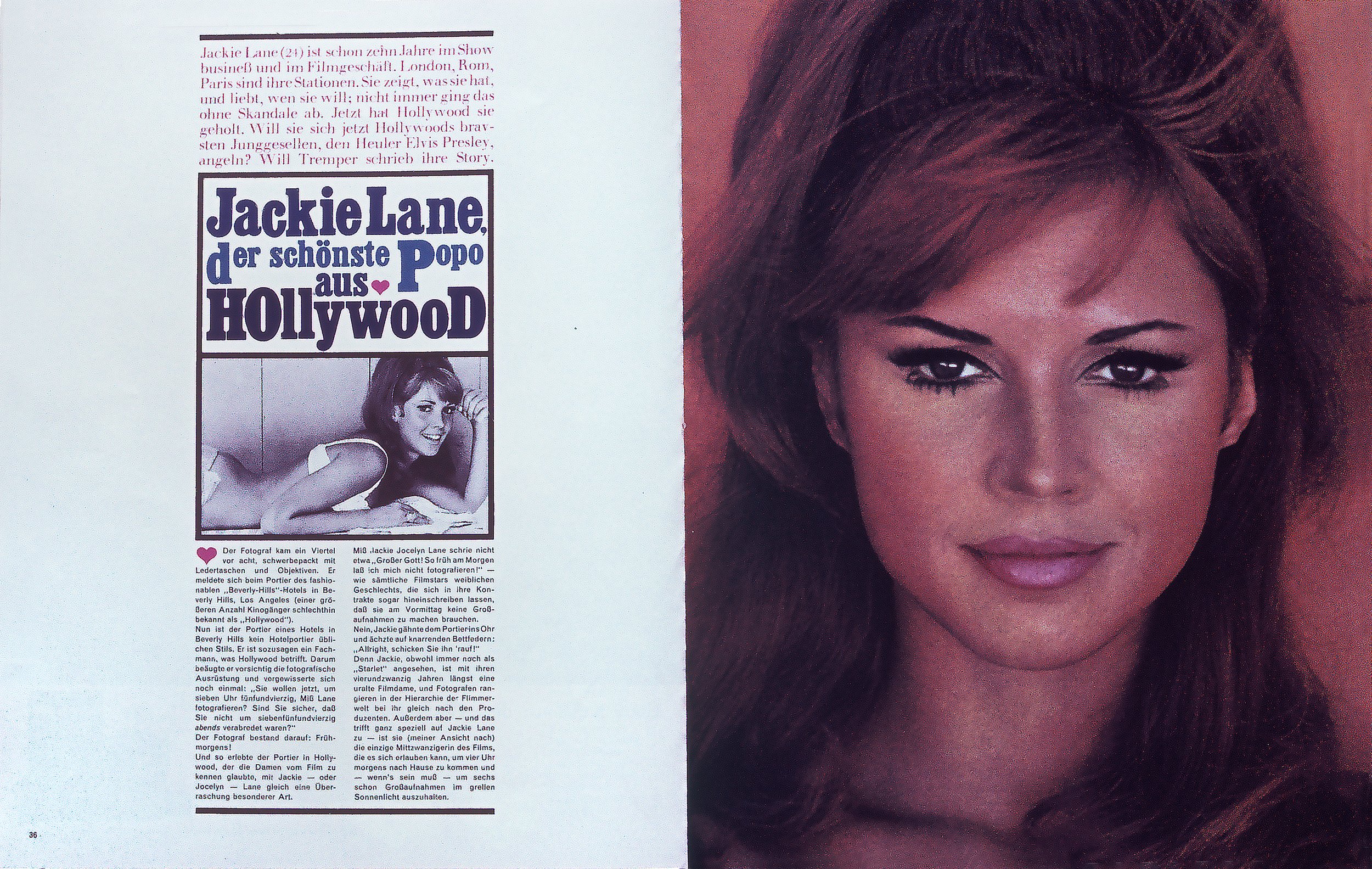
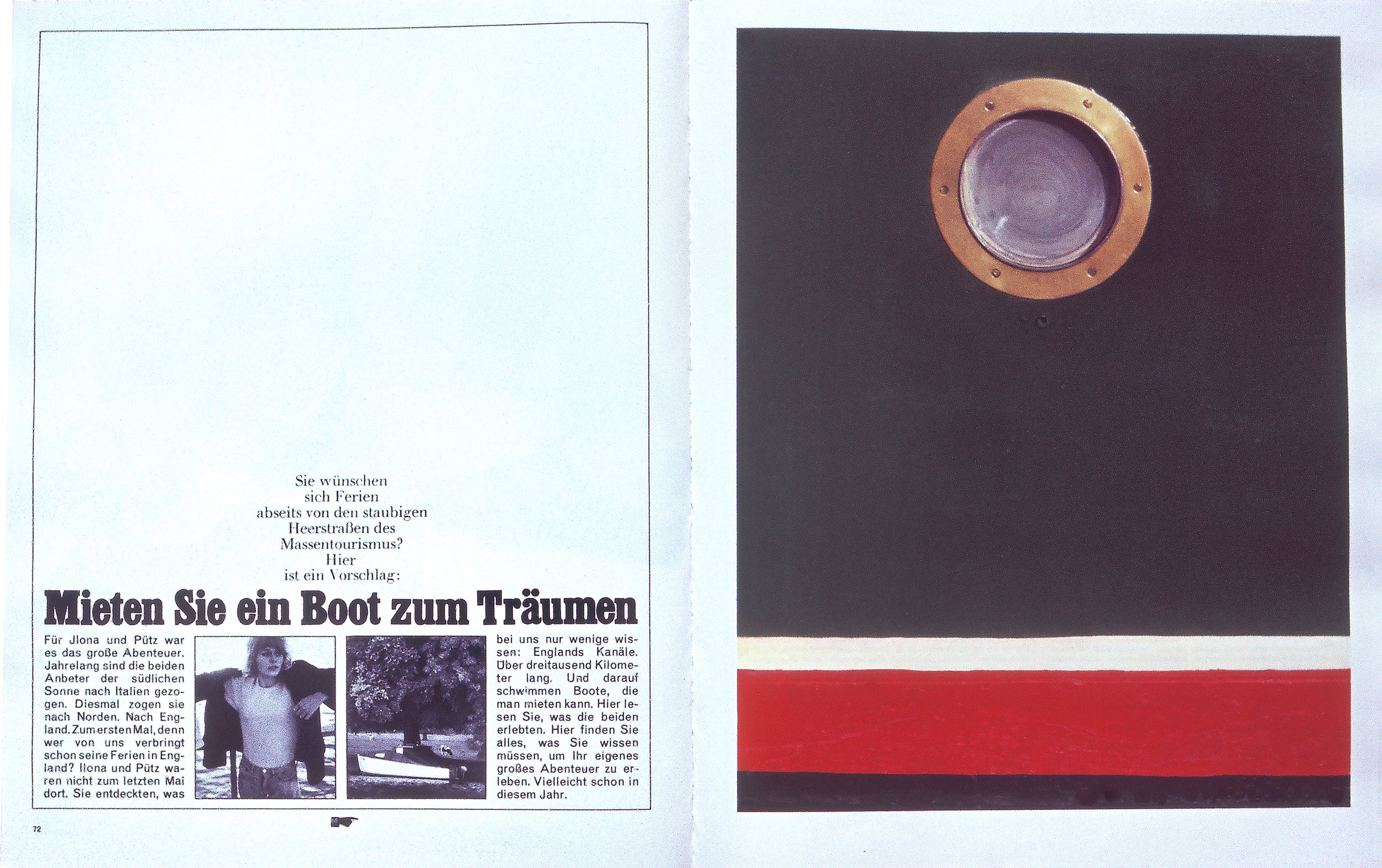
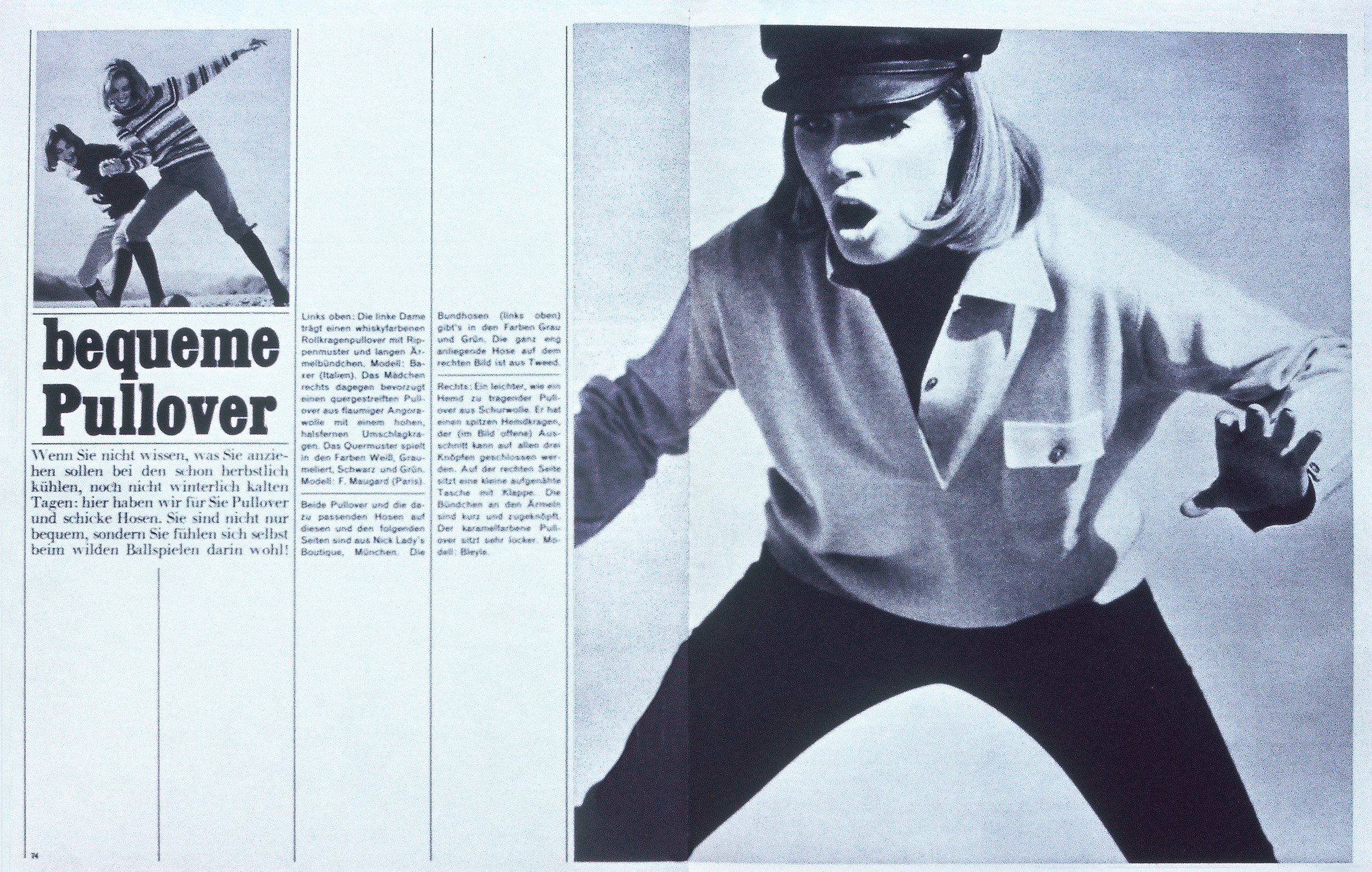
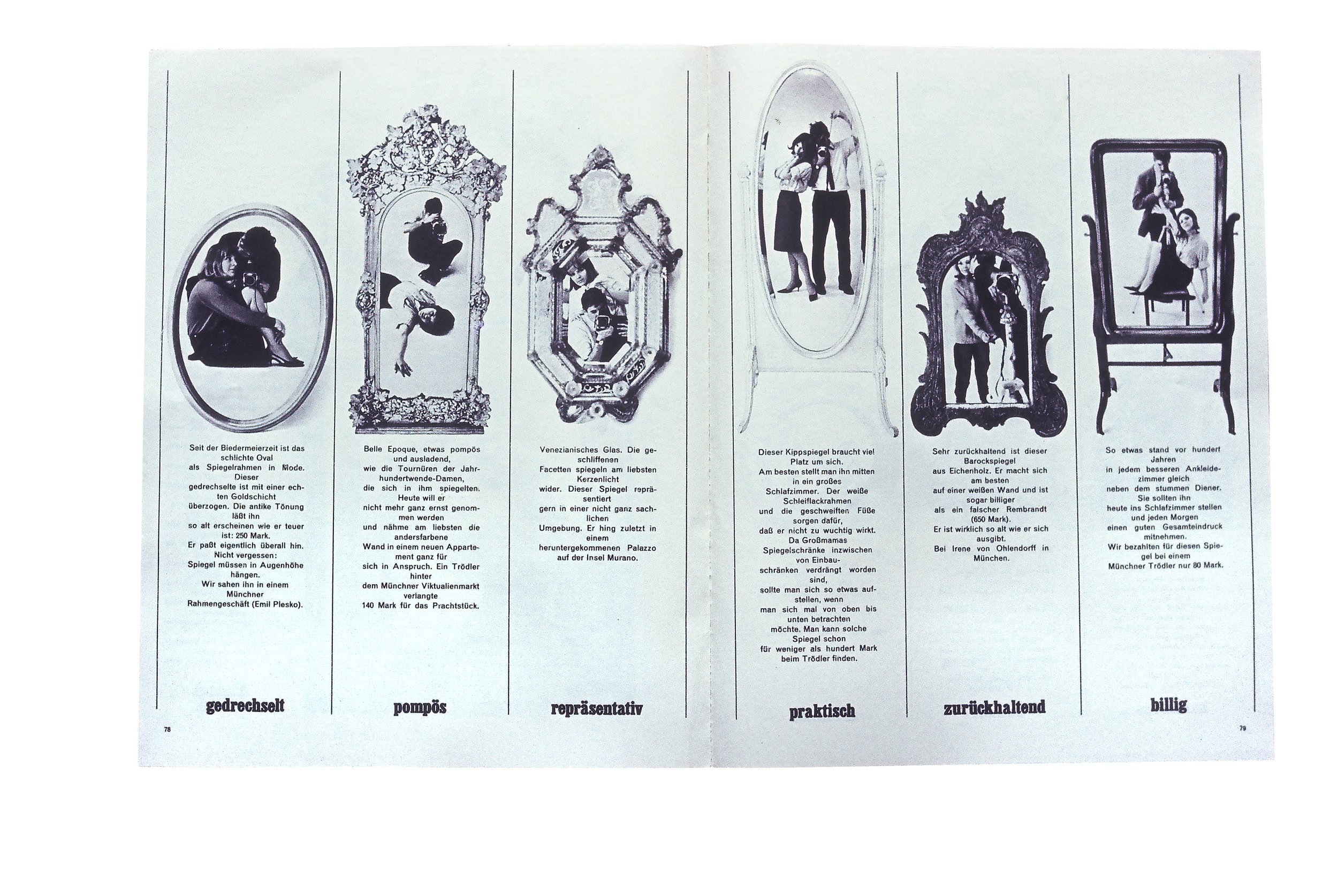
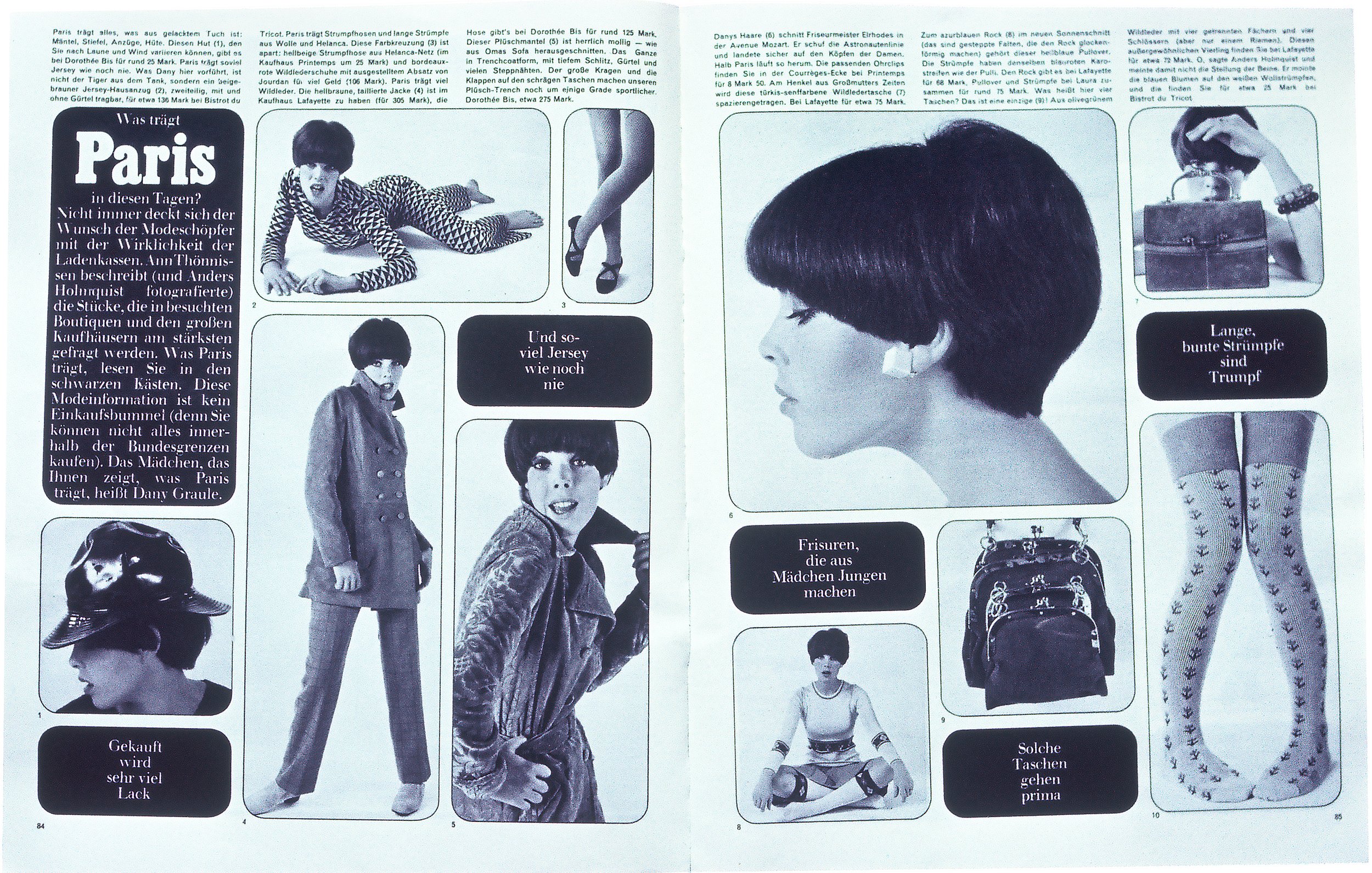
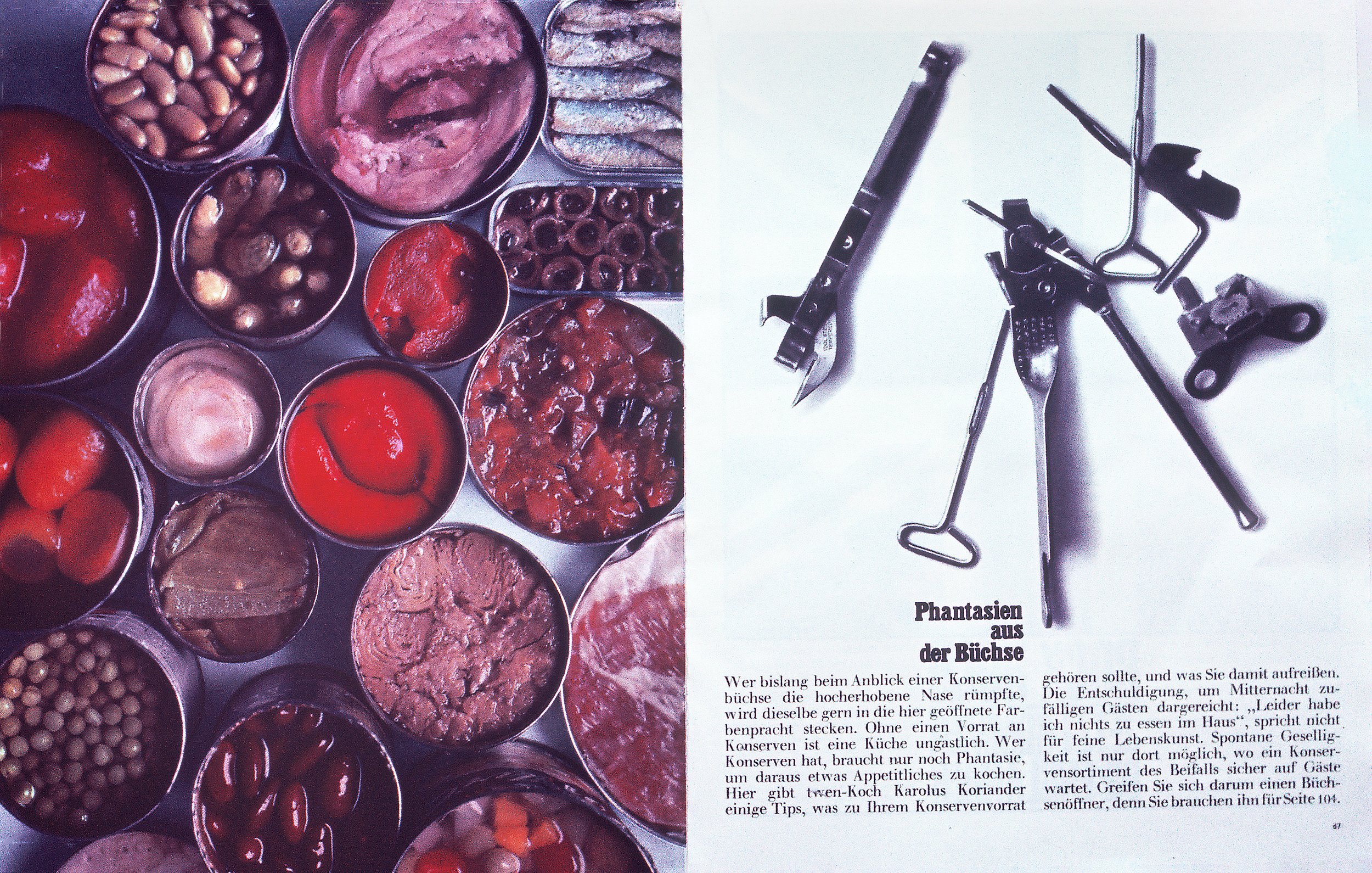
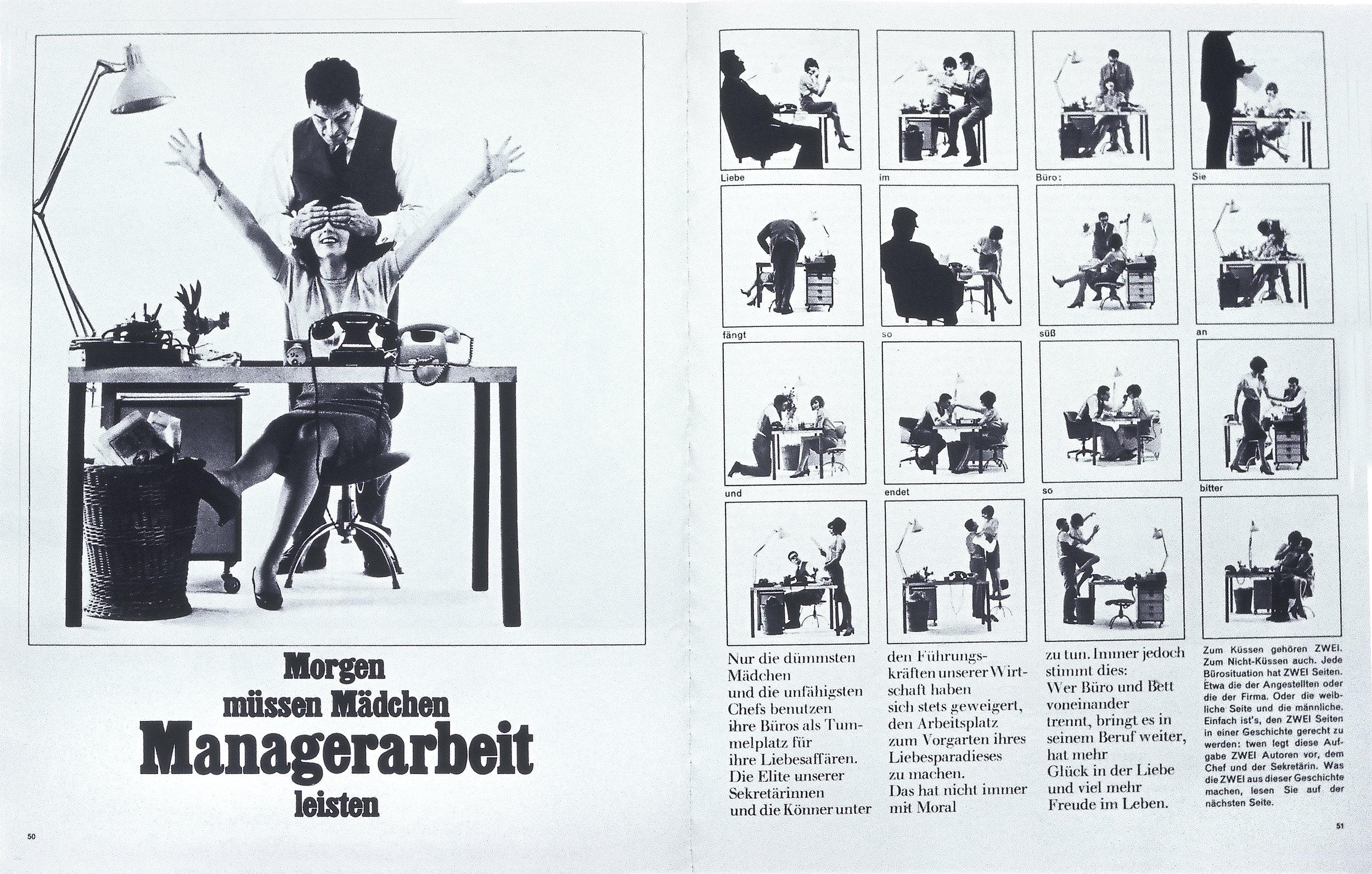

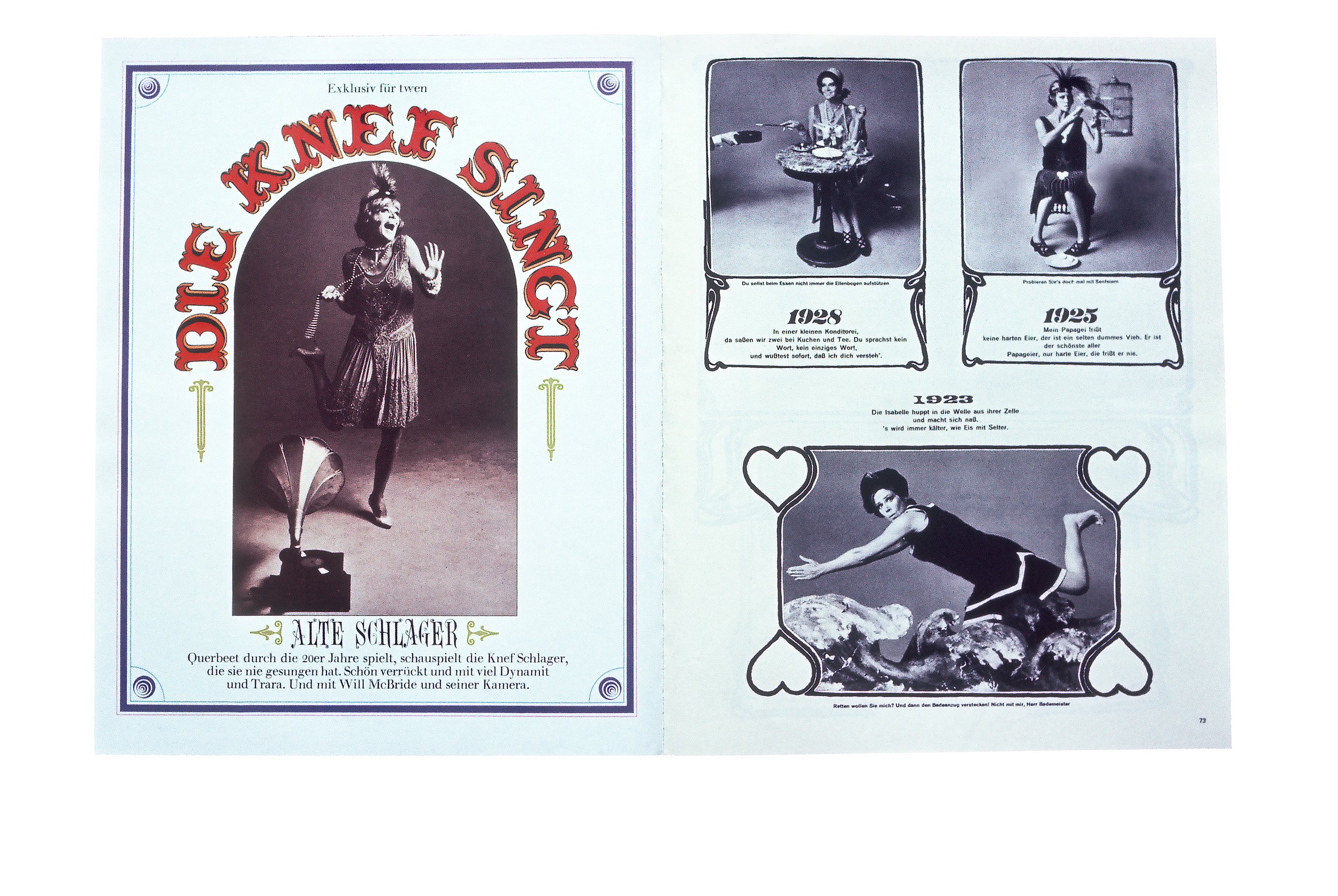

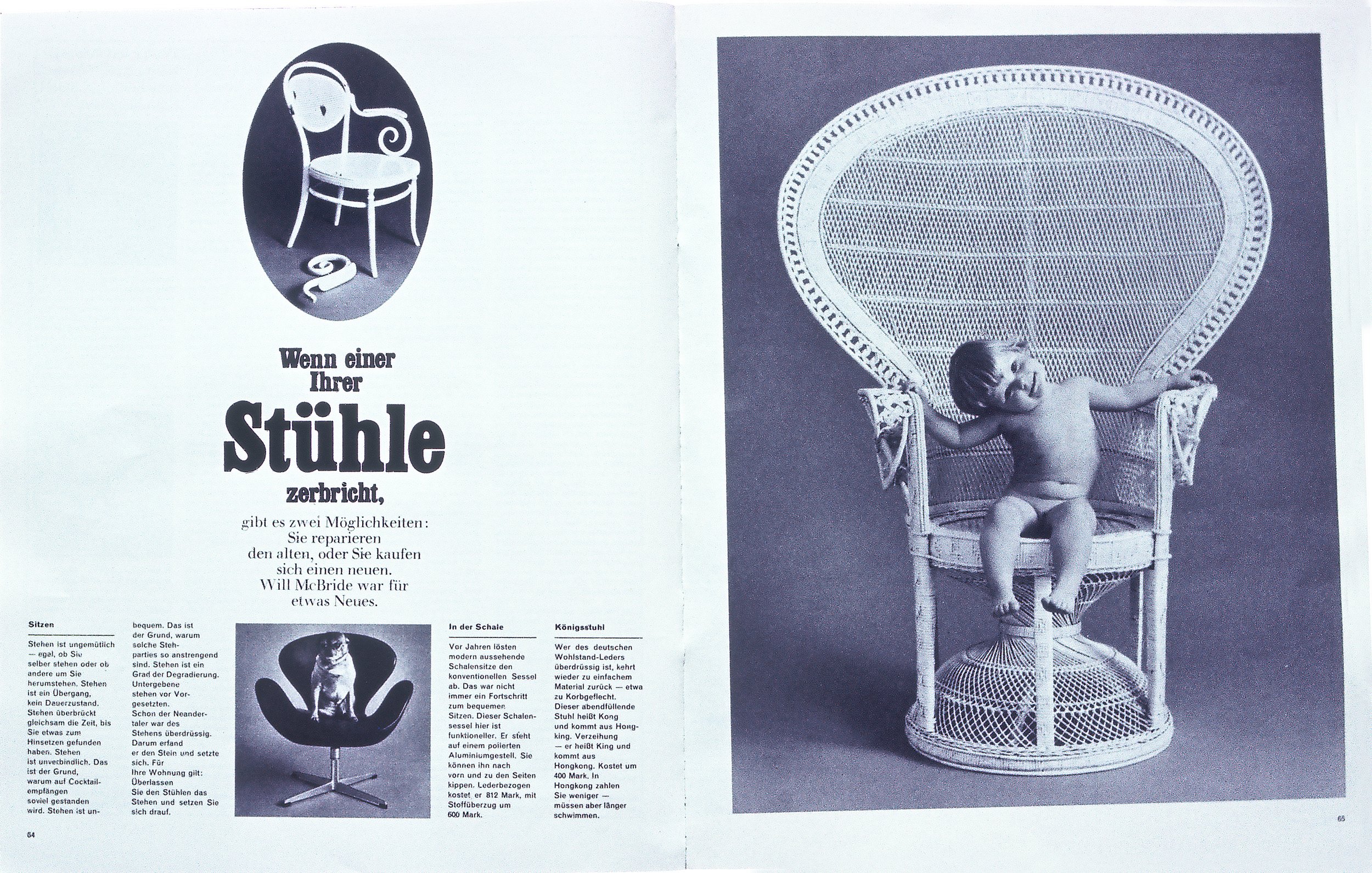
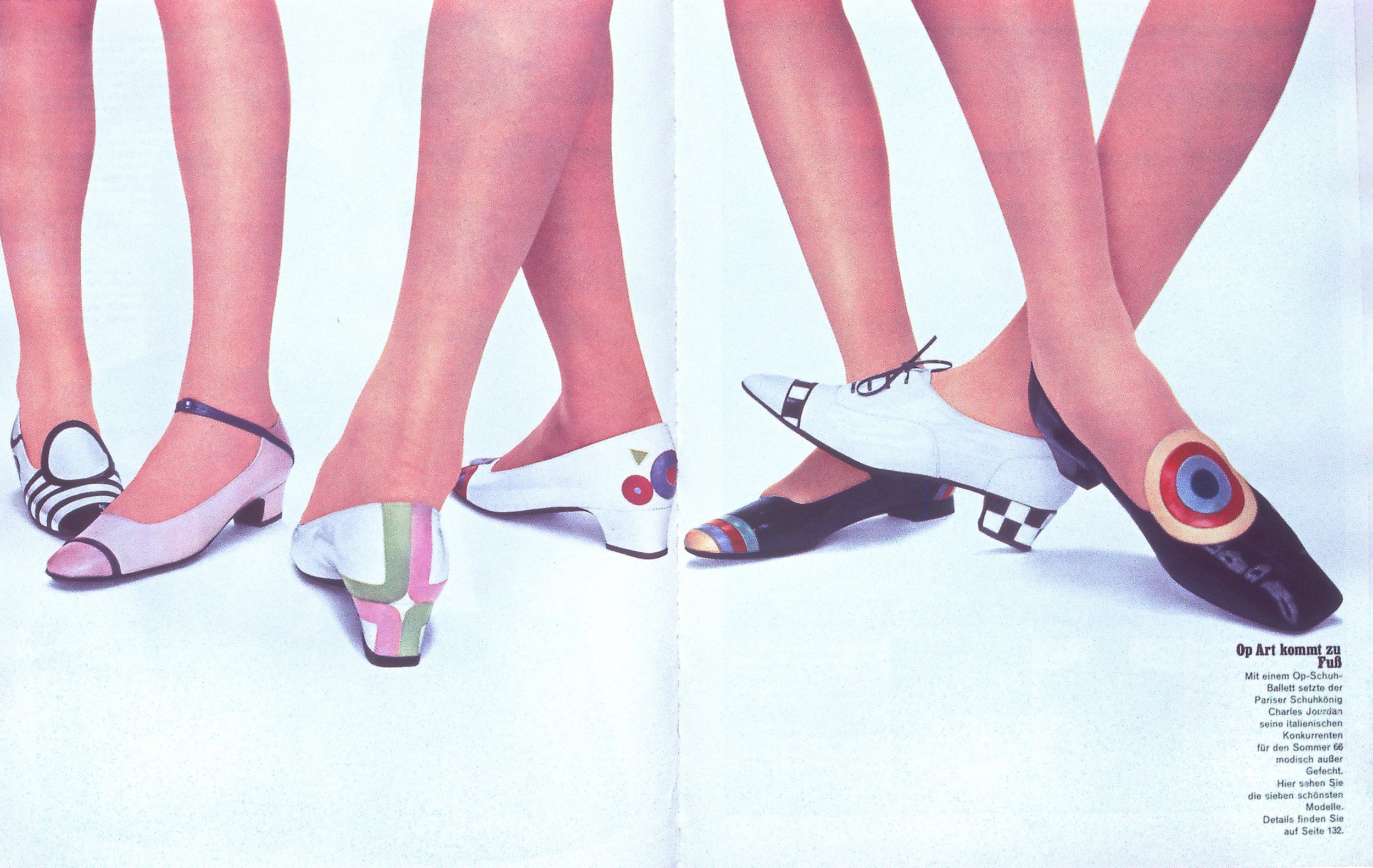
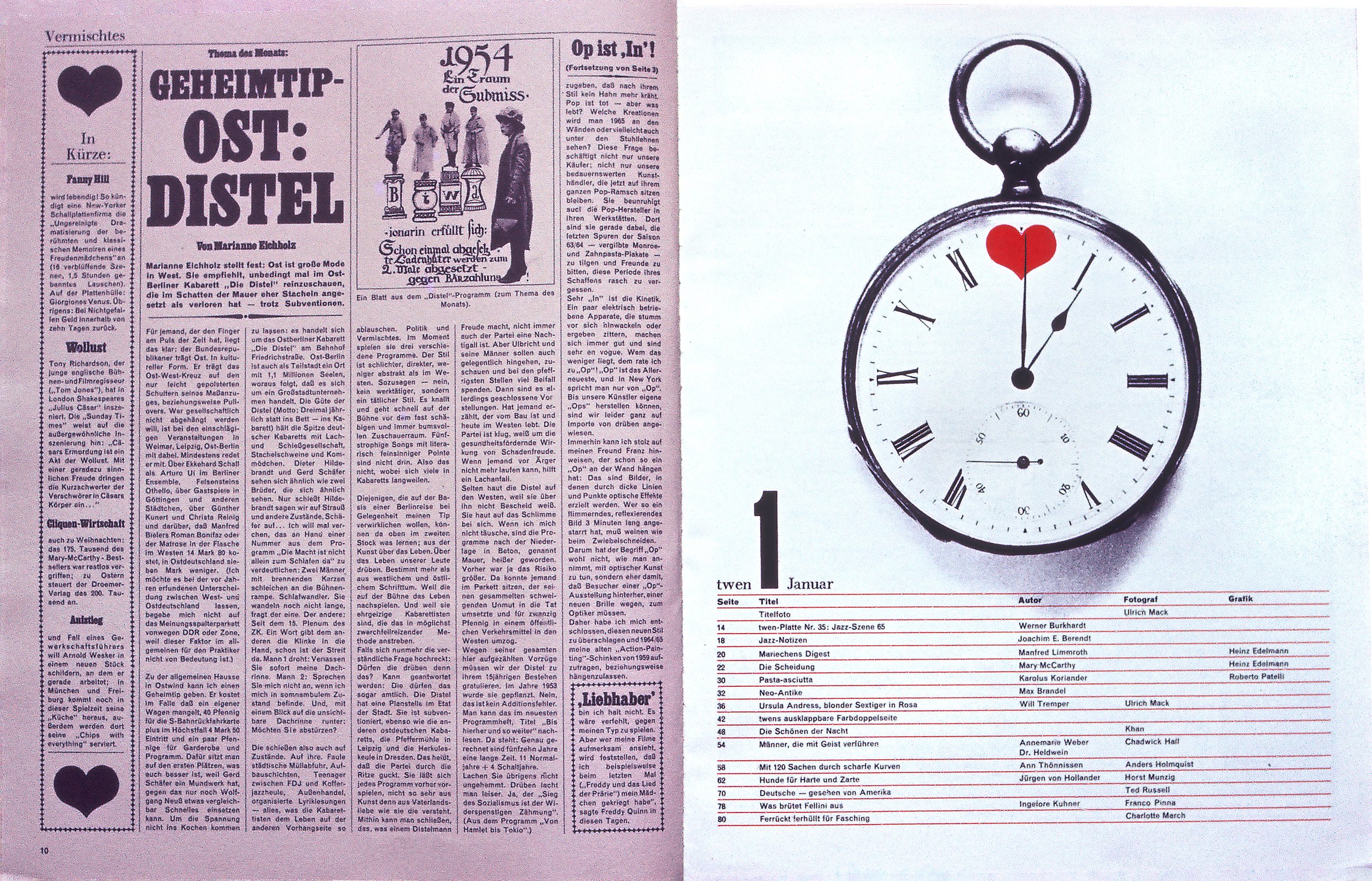

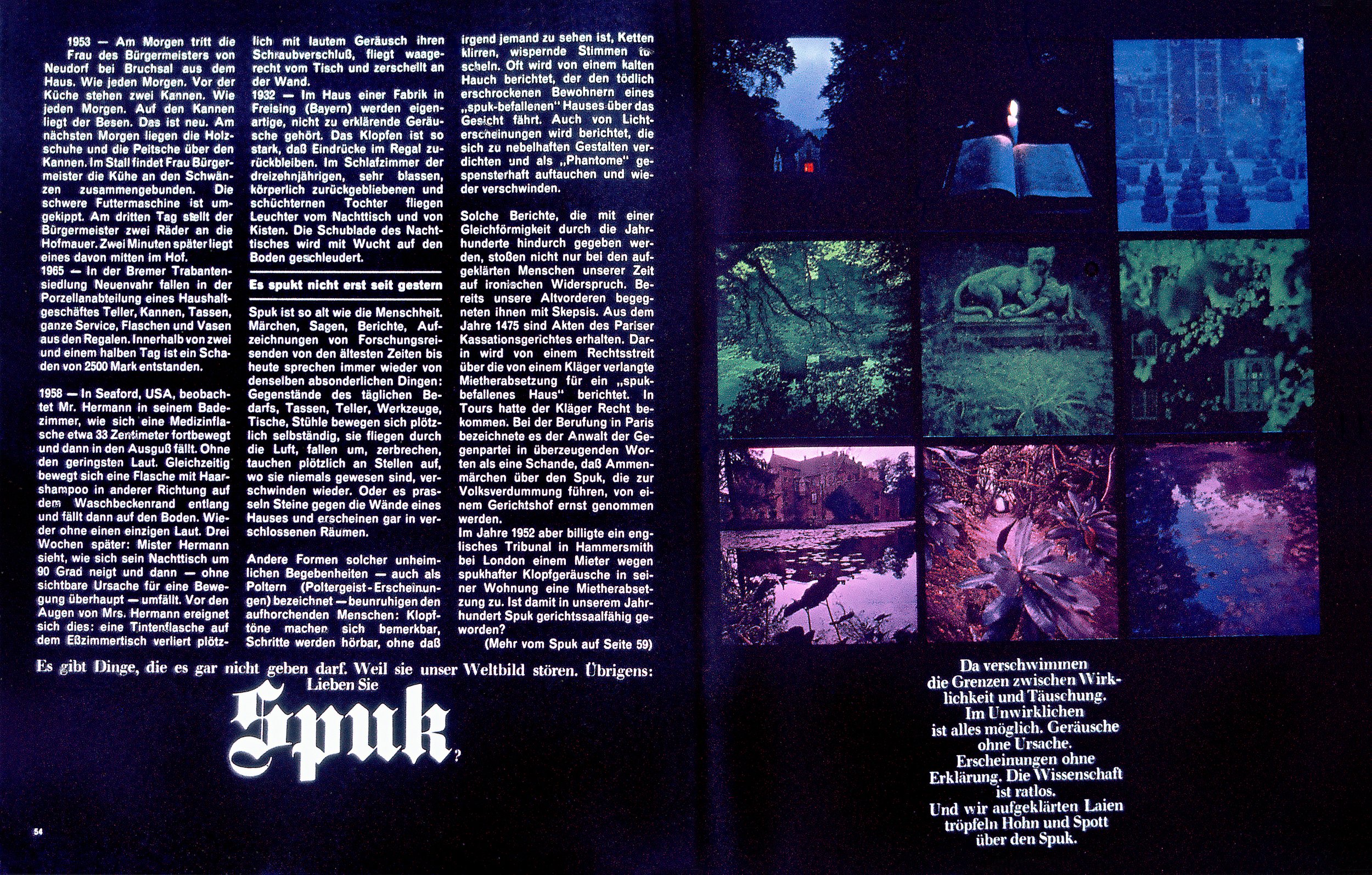
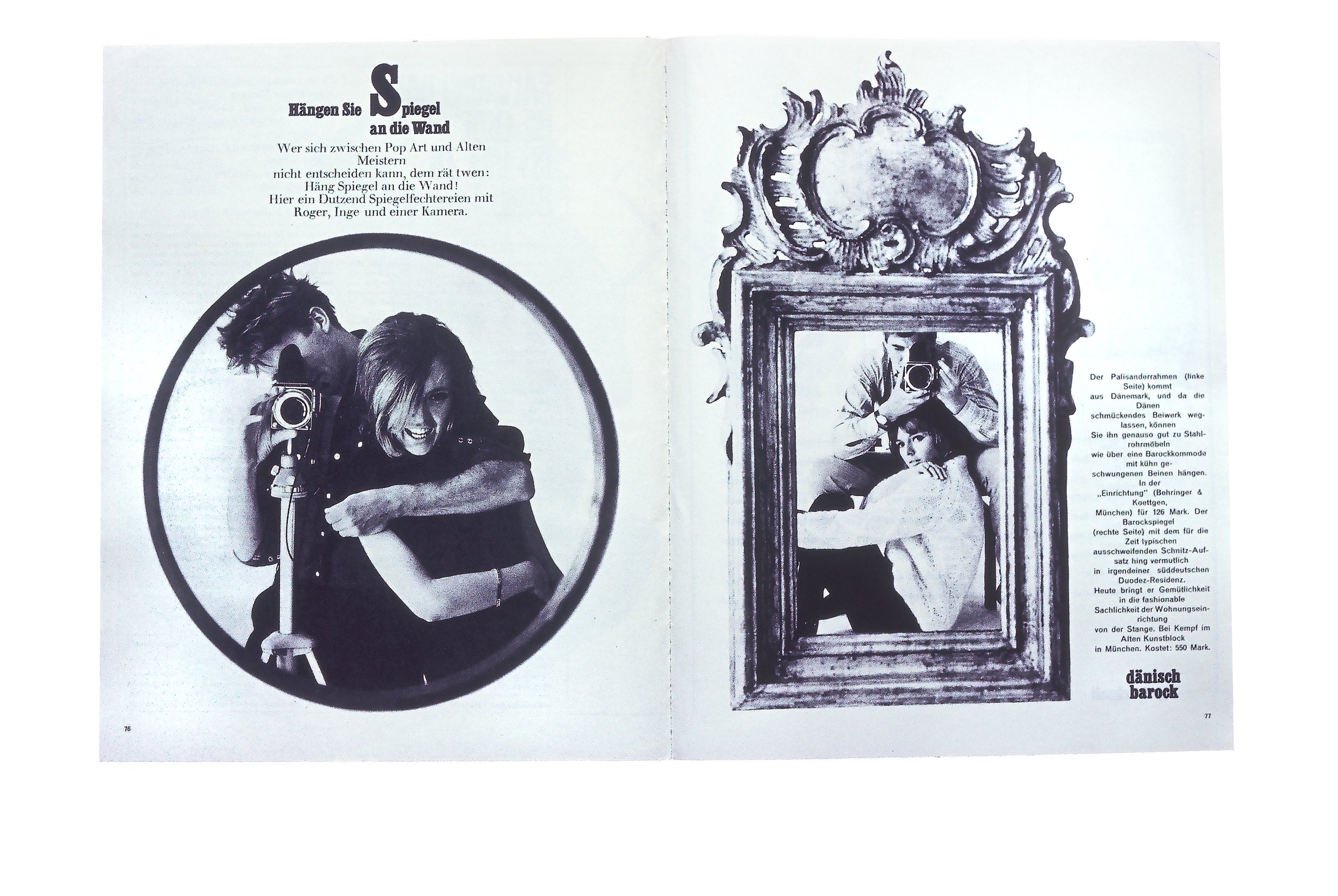

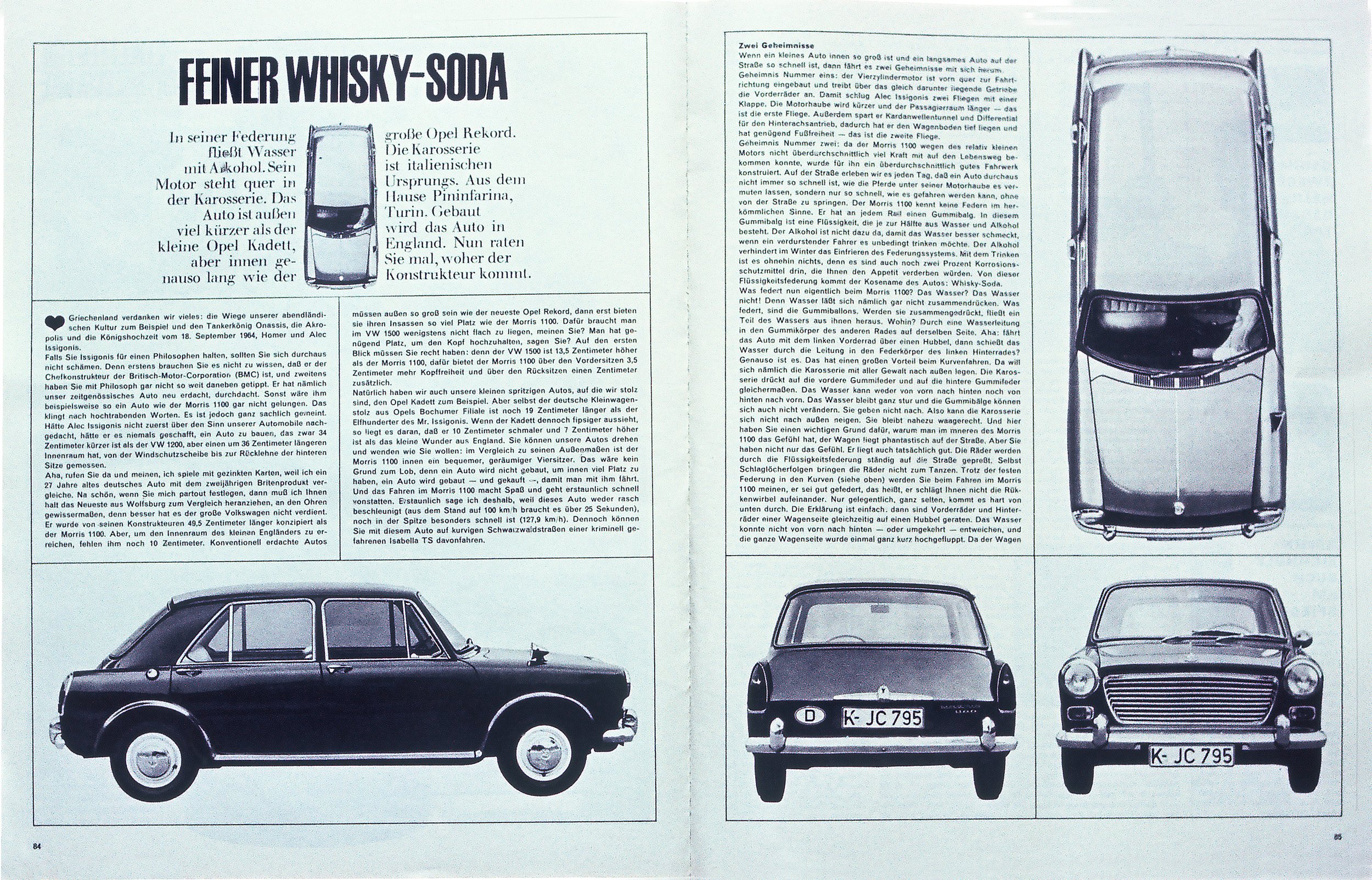
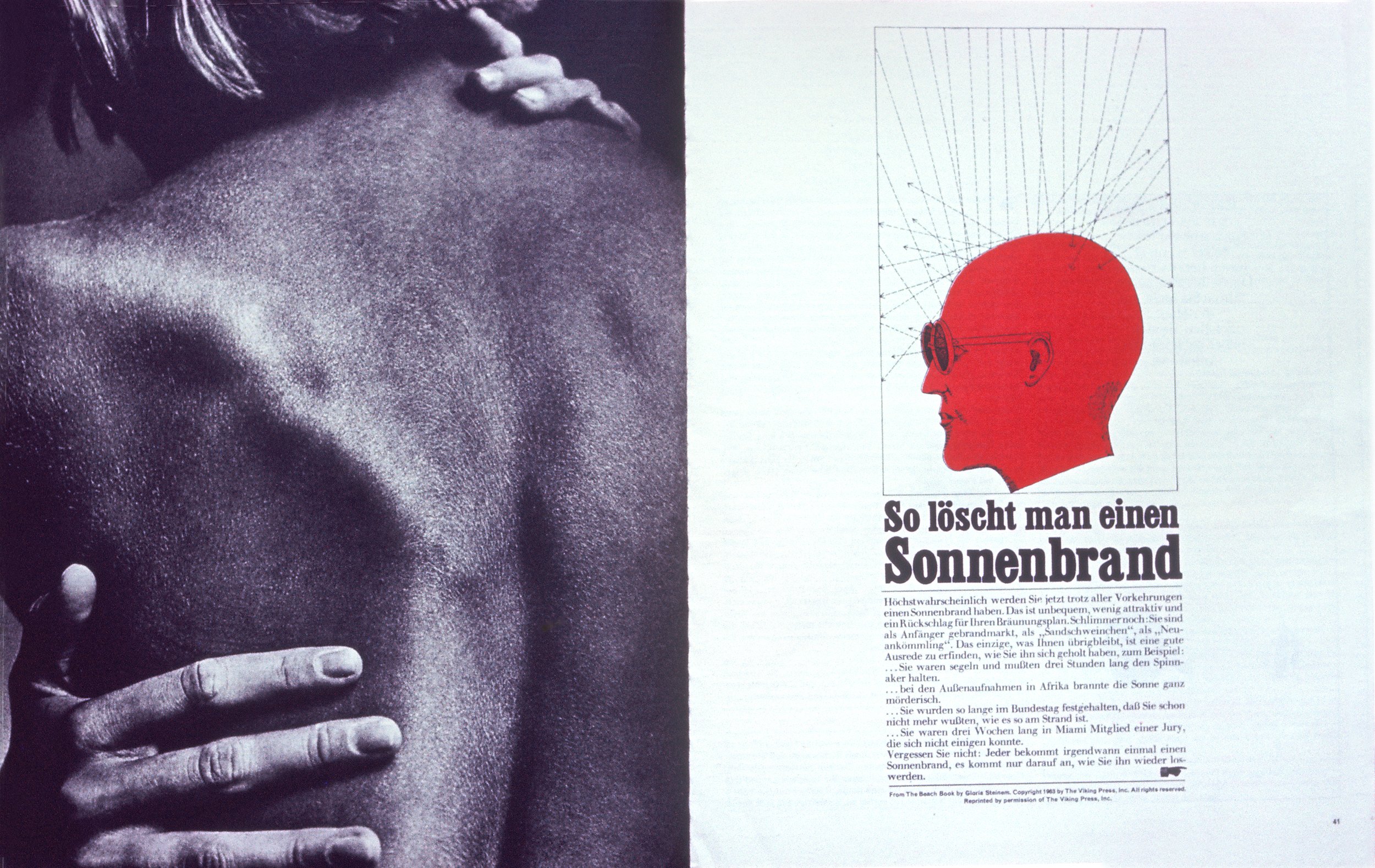
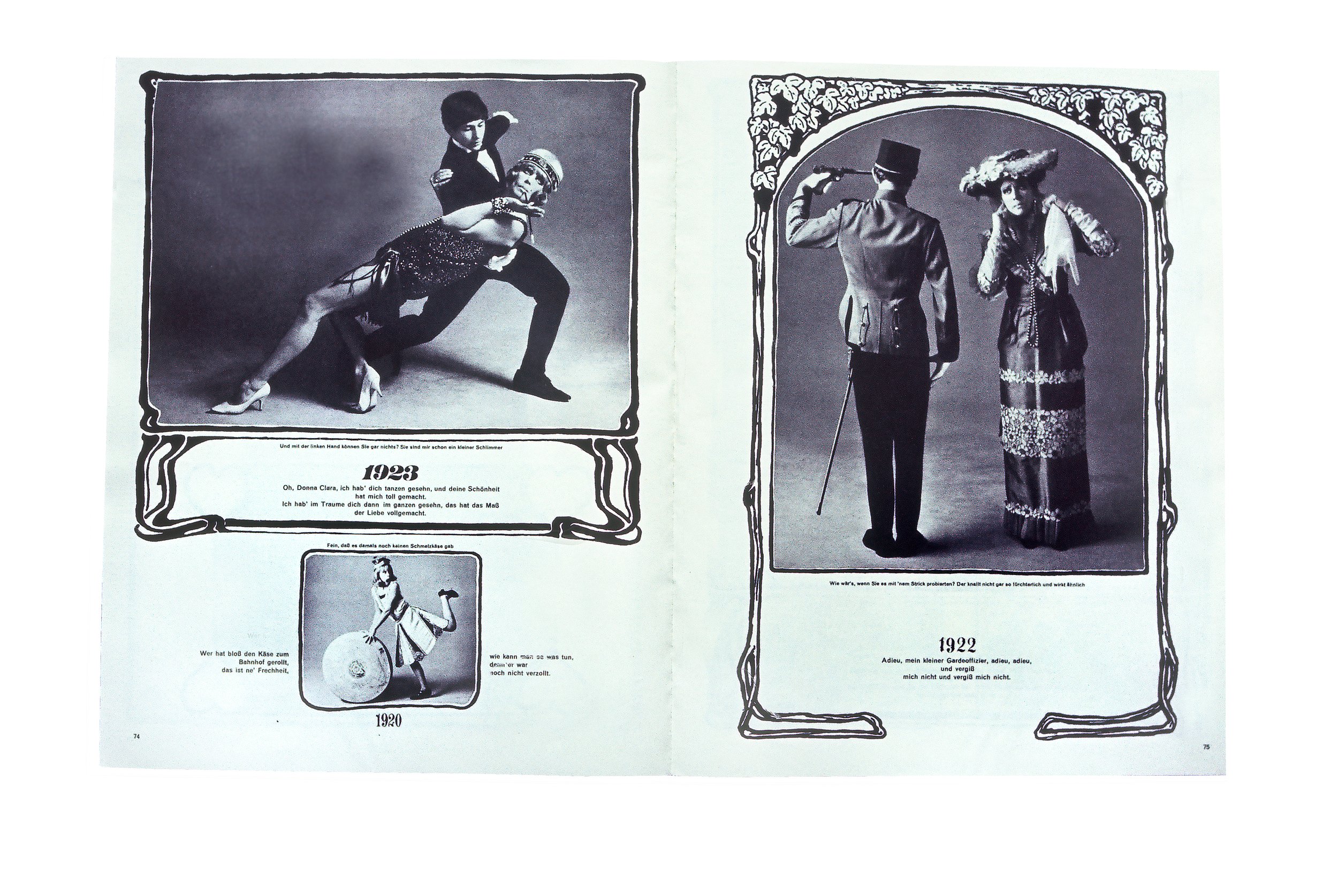
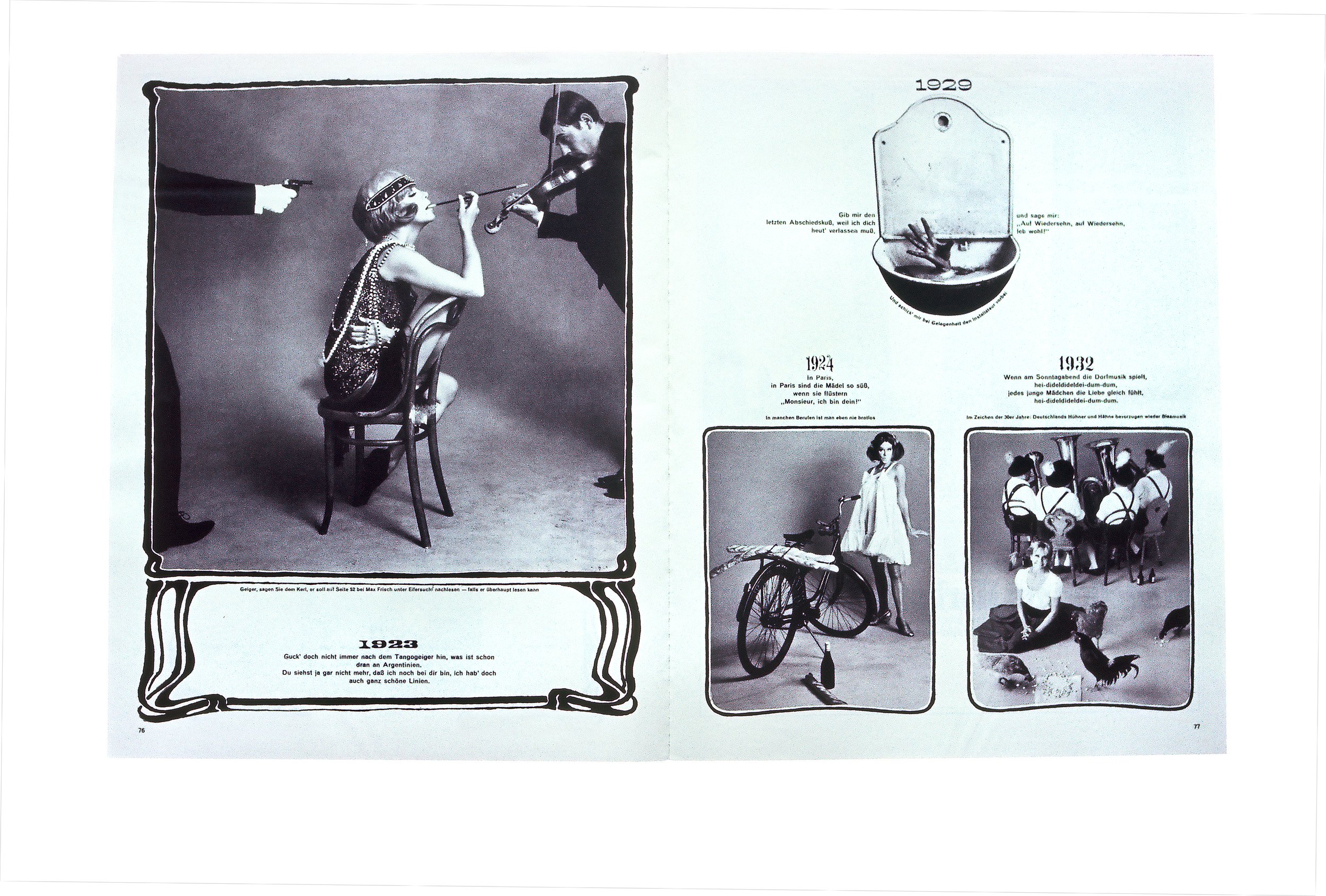






George Gendron: Yeah. But that’s a different definition, Will, of being “in” the art department. [Laughs]
Will Hopkins: So, I waited there. I knew I had to wait there. I couldn’t get out of there. Because if I did, I wouldn’t be able to get back in. So I just came every day and I sat on a sofa and then when they had a problem, I would jump in and help.
And so Fleckhaus gets there and he says, “You’re ‘the Hopkins’.” And I said, “That’s me.” And he said, “Well, I’ll see you later.” And he has a little office that was as big as two phone booths, that was off of the big room that we were working in.
And his editor comes in and he’s talking to the editor. And then he somehow realized from the editor that I am there to work for him and I’m not going to go away. And he said, oh my god. And he says, “Get that guy in here!” So now there were three of us in a space the size of the desks that we’re sitting at here. There were three of us in the room.
Willy Fleckhaus, art director of Twen.
And he says, “What are we gonna do with you?” And I said, “Listen, I come from a little area in Arkansas, and when you’ve got something to do, you do it. And I had to get over here because I wanted to work for you. And I’m here and I’m ready to work. And he said, “All right.”
George Gendron: Did he say it with that level of enthusiasm?
Will Hopkins: Something like that. And then I think he told me to go wait because he’s still talking to the editor. And Fleckhaus ran the magazine. The editor didn’t. Fleckhaus ran what it was gonna be.
So anyway, Fleckhaus comes out and he says, “Let’s go through this project and see how much we can do this afternoon.”
And he had these spreadsheets. And he would draw on that sheet or whatever, you know, sometimes just write something on it and then I would go execute it.
Mary K Baumann: And that little sheet was the 12-part-grid.
George Gendron: That was it. A little, tiny thing.
Will Hopkins: Yeah. Right. Yeah. I’ve got them around here. We can put one up on the screen if you want.
Mary K Baumann: Anyway. The beauty of the 12-part grid is that it provided a standard throughout the publication. And so you could have two columns at six units. You could have three columns at four units. And then you could mix it all up. And it was a way to build scale and contrast within the publication.
“One Sunday afternoon, I’m walking down the street in Chicago. I said to this friend of mine, ‘You know [what]? I’m gonna go to Germany.‘”
George Gendron: I was just about to say, when you look at pages, for example, from Twen in those days, it feels as if it were executed last month. You worked with these very large and very horizontal images that broke up the verticality of the grid that was just breathtaking.
Mary K Baumann: The other thing about that grid is because of those 12 parts, it was a way to build—well you would say white space, but it was really breathing room—within the publication so that you could focus on the content. It was a way to get your eye to focus more clearly on the content.
George Gendron: So that 12-part grid almost suggests a kind of Germanic engineering approach to design in a certain kind of way. And I’m curious whether people were enamored of that in the same way they became enamored in this country with the engineering of Mercedes and Audi and BMW. Has that ever occurred to you?
Will Hopkins: I’ve never bumped into people who had any idea about it. When I tell people or show people, when we deal with some publication that we work with and we sit down and we say, “Now this is how we put a page together.” We show these little pieces of, you know, sketches, little pages and we start talking about, you know, how you can look at this and how you can work with it.
Mary K Baumann: One of the things about the grid—you know, you started out with a blank page and it’s like you’re working in a vacuum. But the underlying grid was a way for you to easily organize content, pictures, words, and so on.
Will Hopkins: Mm-hmm. Yep.
Mary K Baumann: And that was a real key to it, is like you weren’t reinventing the wheel every day. And it was a way to create a certain consistency throughout the publication, so it looked like you were in the same place.
I’ll get back to Fleckhaus, but I met Will, he was a visiting lecturer at the University of Minnesota. Look had just folded and he walked in and I was like, “Oh, this is magic. He’s this art director from Look Magazine.” And this was in the journalism school, and he walks in with a three piece suit, pocket watch and a sheepskin coat thrown over his shoulder. He was like a celebrity walking into our classroom. Anyway, he showed us this 12-part grid, and we were producing a magazine and we just got it like that. It was just amazing and suddenly everything made sense.
Will Hopkins: At least for her. [Laughs]
Mary K Baumann: At least for me.
One of the things that Will has told me about working for Fleckhaus, that was truly amazing working there, because of the way Twen looked, it was a showcase for photographers.
So photographers from all over the world were walking into the Twen offices from the US, and England, and Italy, and all over. So he got this tremendous education in photography from some of the greatest photographers around. The other thing that was very interesting about his time, I think one of the reasons Fleckhaus liked him being there, is that he had—this was after World War II—he had an American under his thumb. He had his little American. So any visitor that came into the office, he would bring by and introduce him to Will...
Will Hopkins: ...or he would call me to come into the office or, you know, something like that, just so that he could—I remember once he had like about four East Germans in there—and he says, “Hopkins!” And they sort of shook, and I came in and he said he wants a Coke or something. I mean, he didn’t have anything for me to do, he just wanted them to see me.
The 12-Part Grid, developed by Willy Fleckhaus in Germany, and imported to the US by Hopkins.
George Gendron: Were you establishing his democratic cred?
Will Hopkins: Well, yeah. It was just that he had “an American,” you know. And you look at these guys from the other side, they didn’t know what to do. They were astonished that an American was there working for him. They were astonished that there would be an American in that office.
George Gendron: Did they list you on the masthead as, “The American: Will Hopkins”?
Will Hopkins: They didn’t list me on anything.
George Gendron: But, you do manage to leverage the work that you had done there and you come back and you’re now on the staff. You’re an art director at Look Magazine, right? It’s 1967.
Will Hopkins: Yep.
George Gendron: Were they using the 12-part grid there or did you eventually use it?
Will Hopkins: No, no. I did.
George Gendron: So you used it when you became the art director?
Will Hopkins: I came there and I started doing layouts, and I just used the grid. And I got Neil Shakery, and Don Mennel, and Renee Schumacher. And they grabbed onto it when they came to work there, and I said, “This is how I do this.” And they said, “You got it.” They got it. Just like that. The other people who had been working there before never paid a lot of attention to it and didn’t know how to use it.
Look Magazine, New York, 1967–1971
George Gendron: So this is ’67 is during the heyday of Look and Life magazines.
Will Hopkins: Mm-hmm. Yeah.
George Gendron: And I’m curious because Life was probably twice your size in terms of circulation, I want to guess. It was larger. And I’m really curious, how do you guys...
Will Hopkins: I don’t know if it was that.
Mary K Baumann: Look was biweekly and Life was weekly, but I, that wouldn’t affect the circulation. Life was definitely bigger than Look.
George Gendron: I guess my question is how did you and your colleagues at Look think about, if you did at all, differentiating yourself from Life Magazine across town?
Will Hopkins: I don’t think we really paid a lot of attention to it.
Mary K Baumann: After Will was at Look, I was at Life Magazine. And having been around those guys at Life, they thought of themselves much more as a news magazine. Not the monthly Life, but the weekly Life. They considered themselves the news and pictures. Whereas Look was a little more trend-oriented.
George Gendron: And a little more feature-oriented I would think.
Mary K Baumann: They both did features, but Look was definitely more feature-oriented, more trend-oriented.
George Gendron: I can’t help but think back to a special issue that you guys did in, it must have been January of 1970, and the issue was “The ’70s” and you were looking forward…
Will Hopkins: Yeah.
George Gendron: …to the decade. And you did a piece that, to this day, I think is stunning. And I forget what you called it, but it was really the first major piece that I can think of about climate change.
Will Hopkins: Mm-hmm.
Look Magazine, Interior Pages
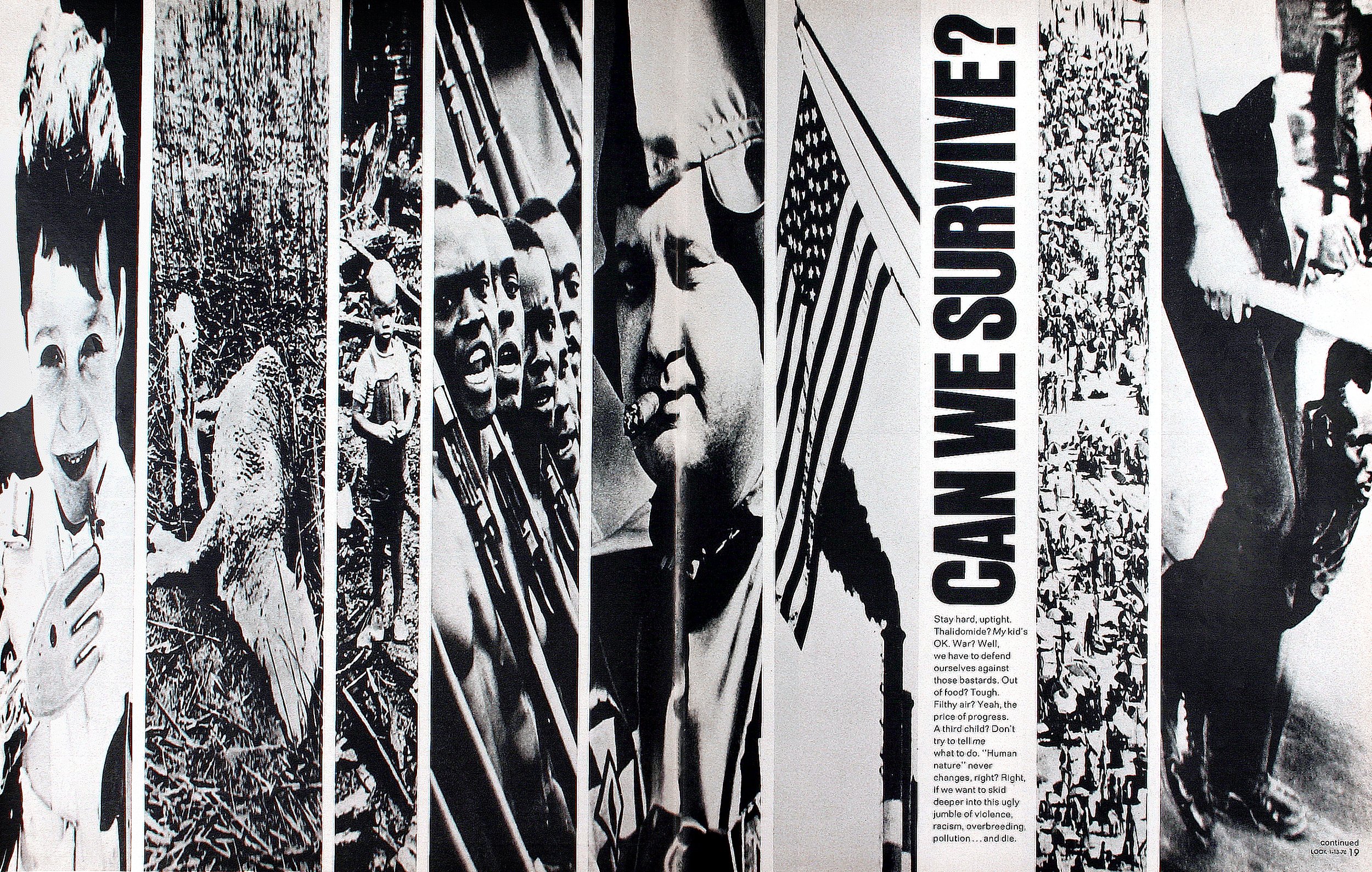

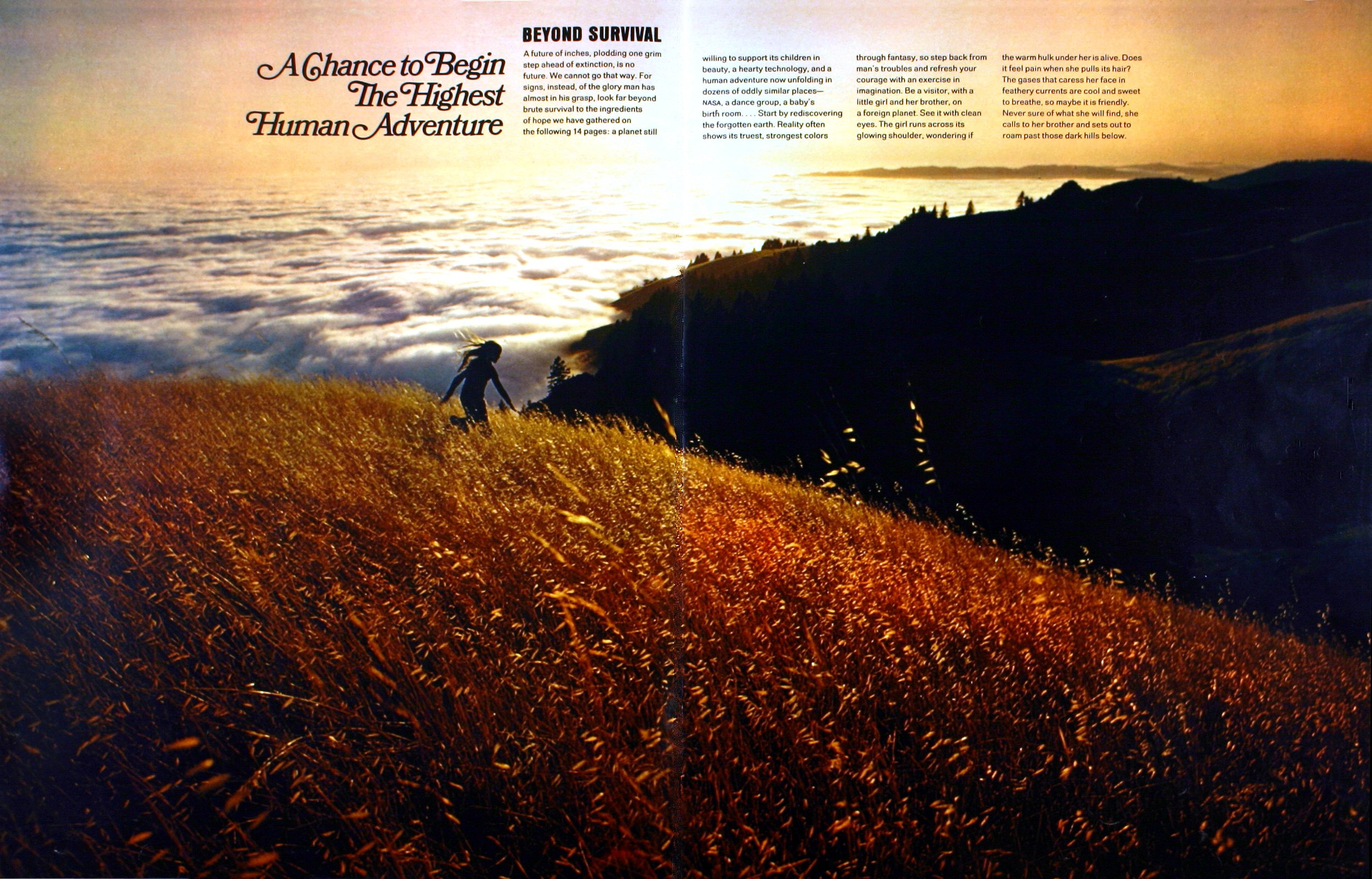
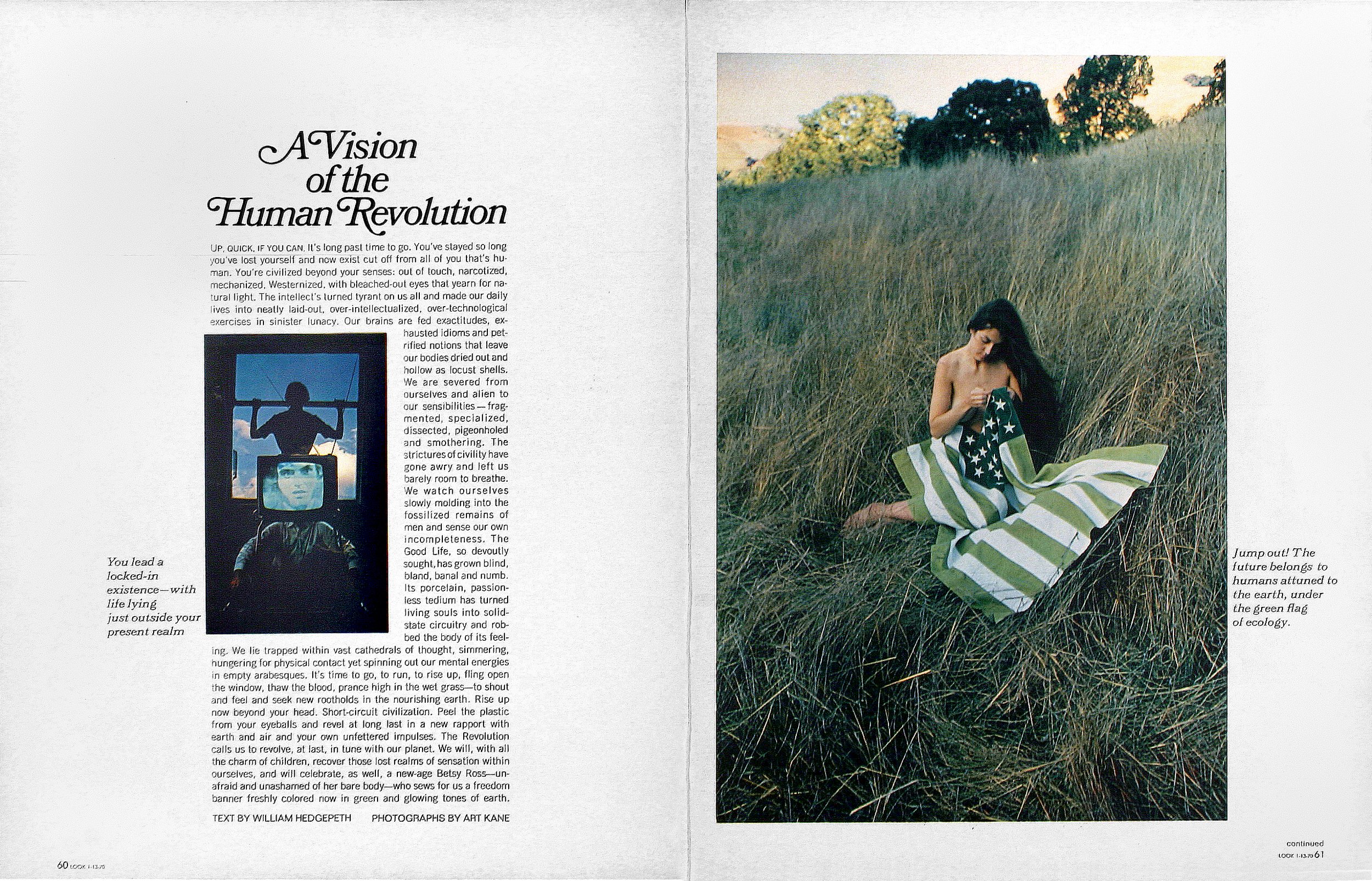
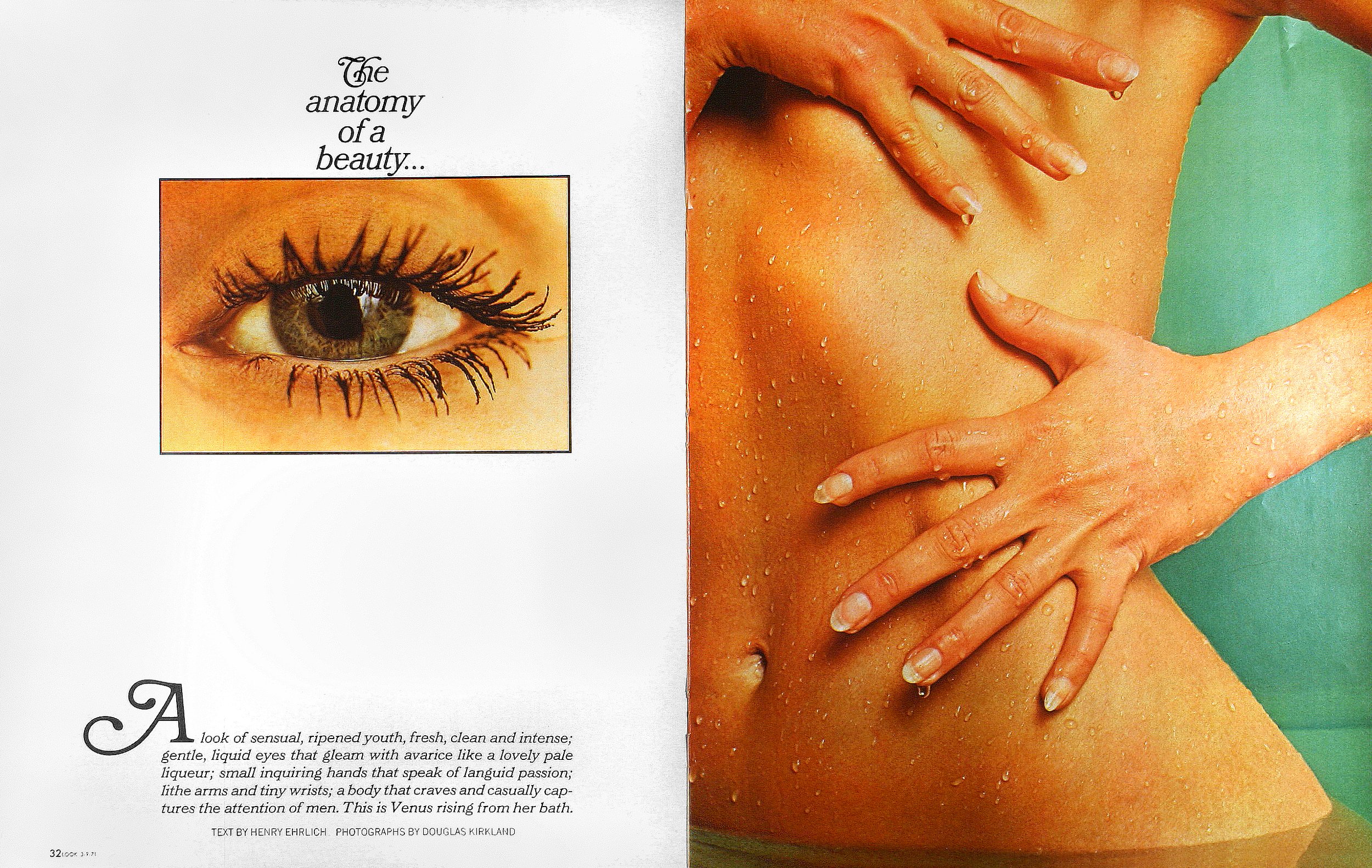
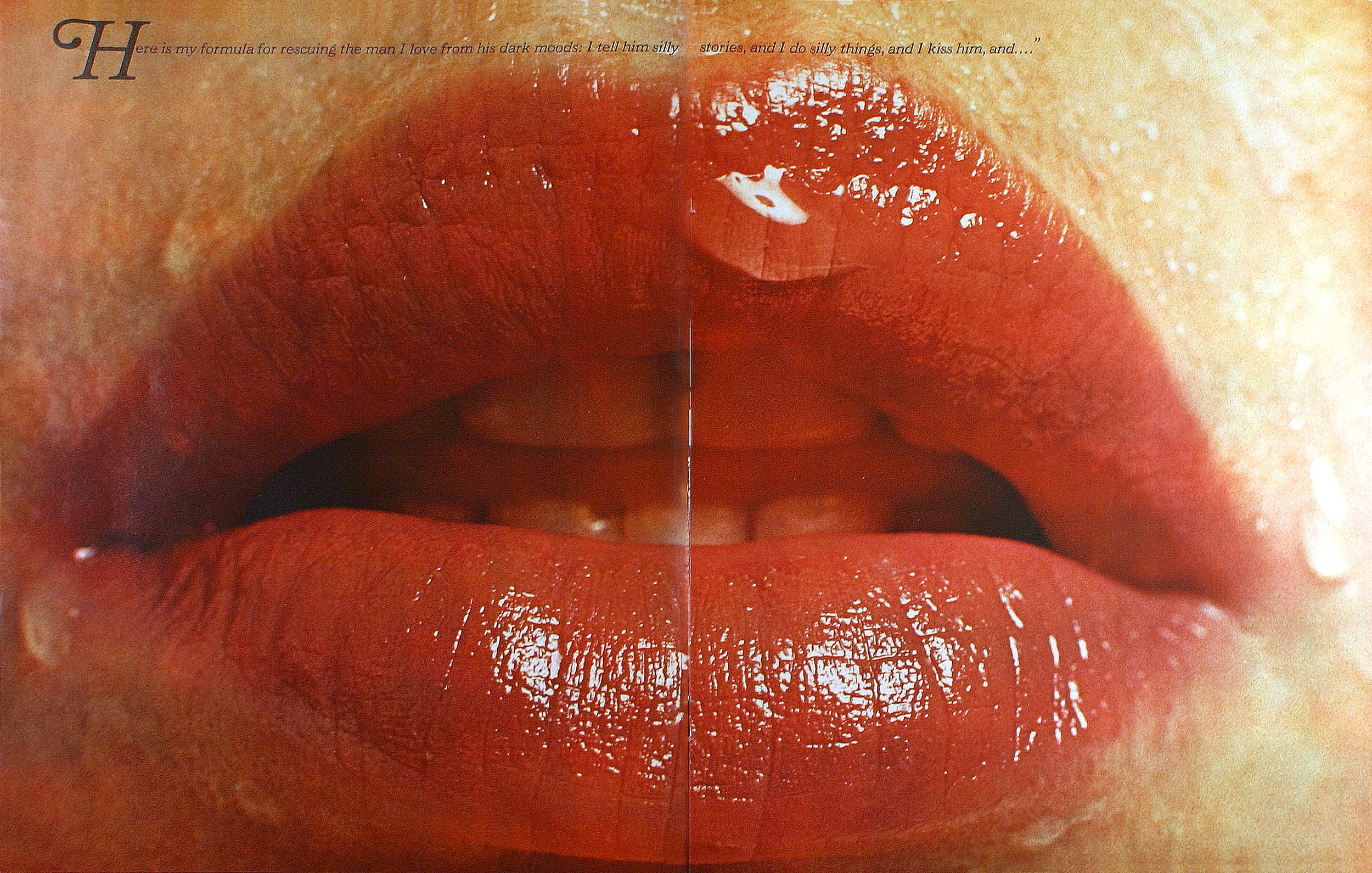
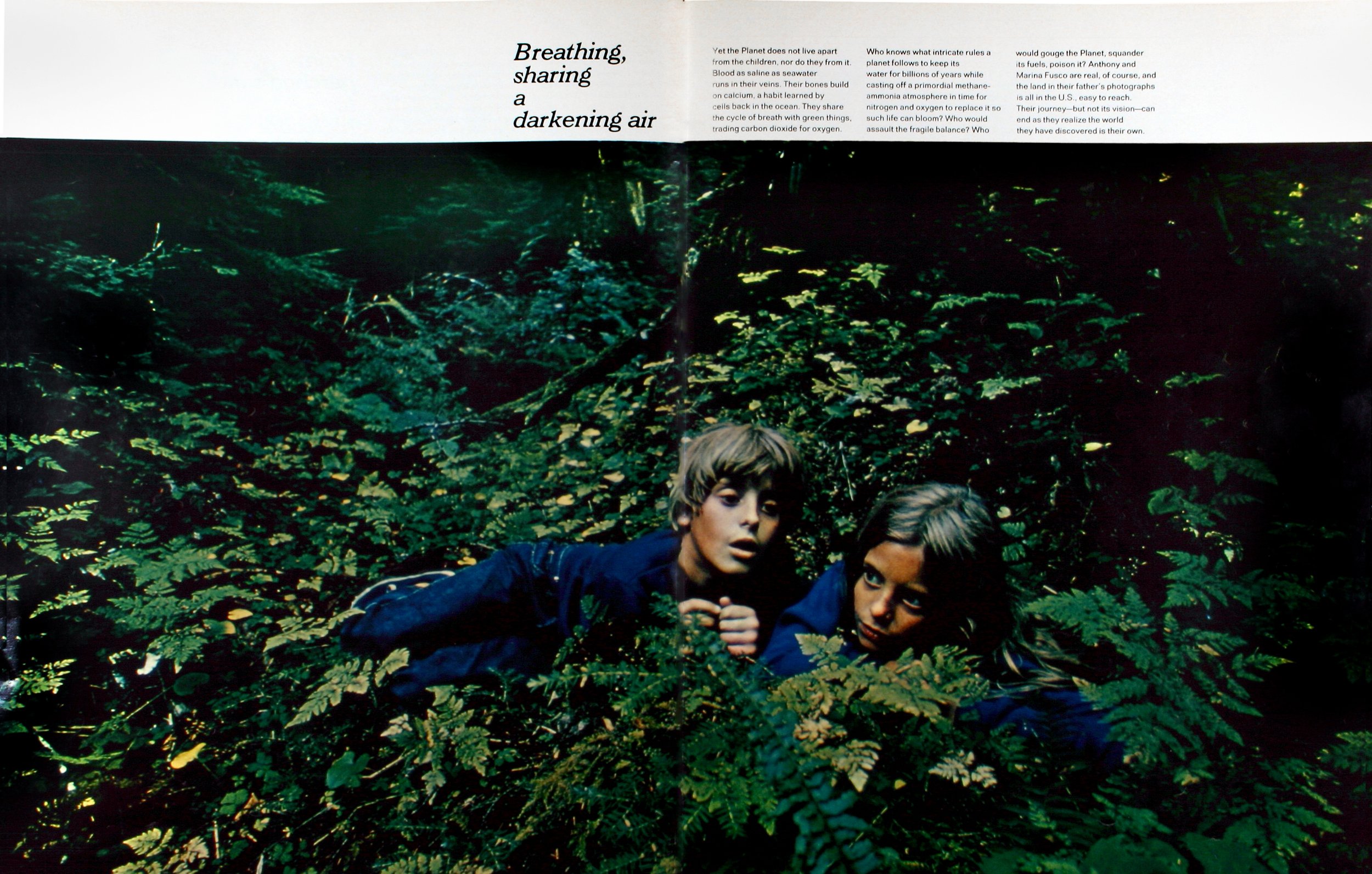
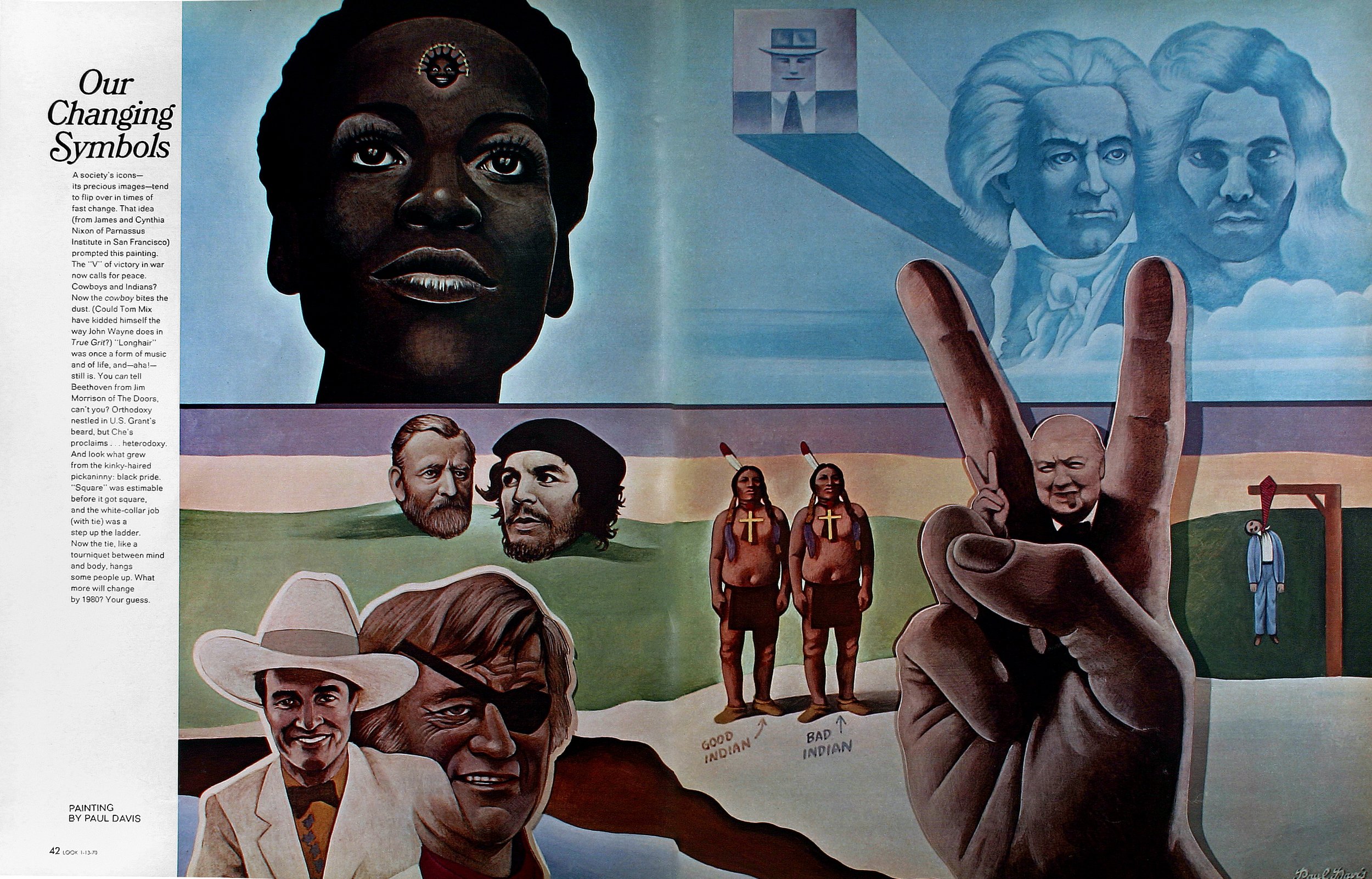
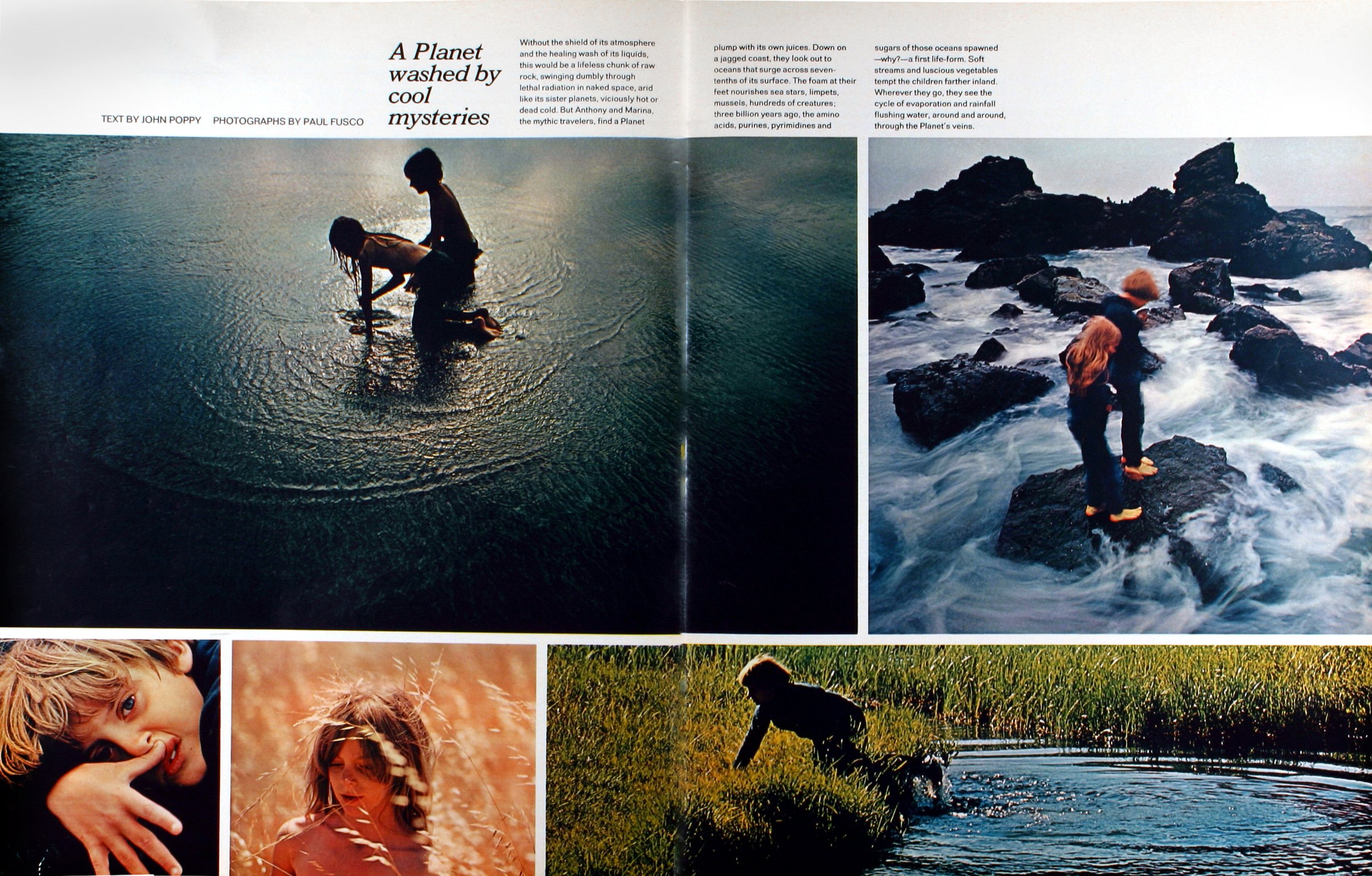
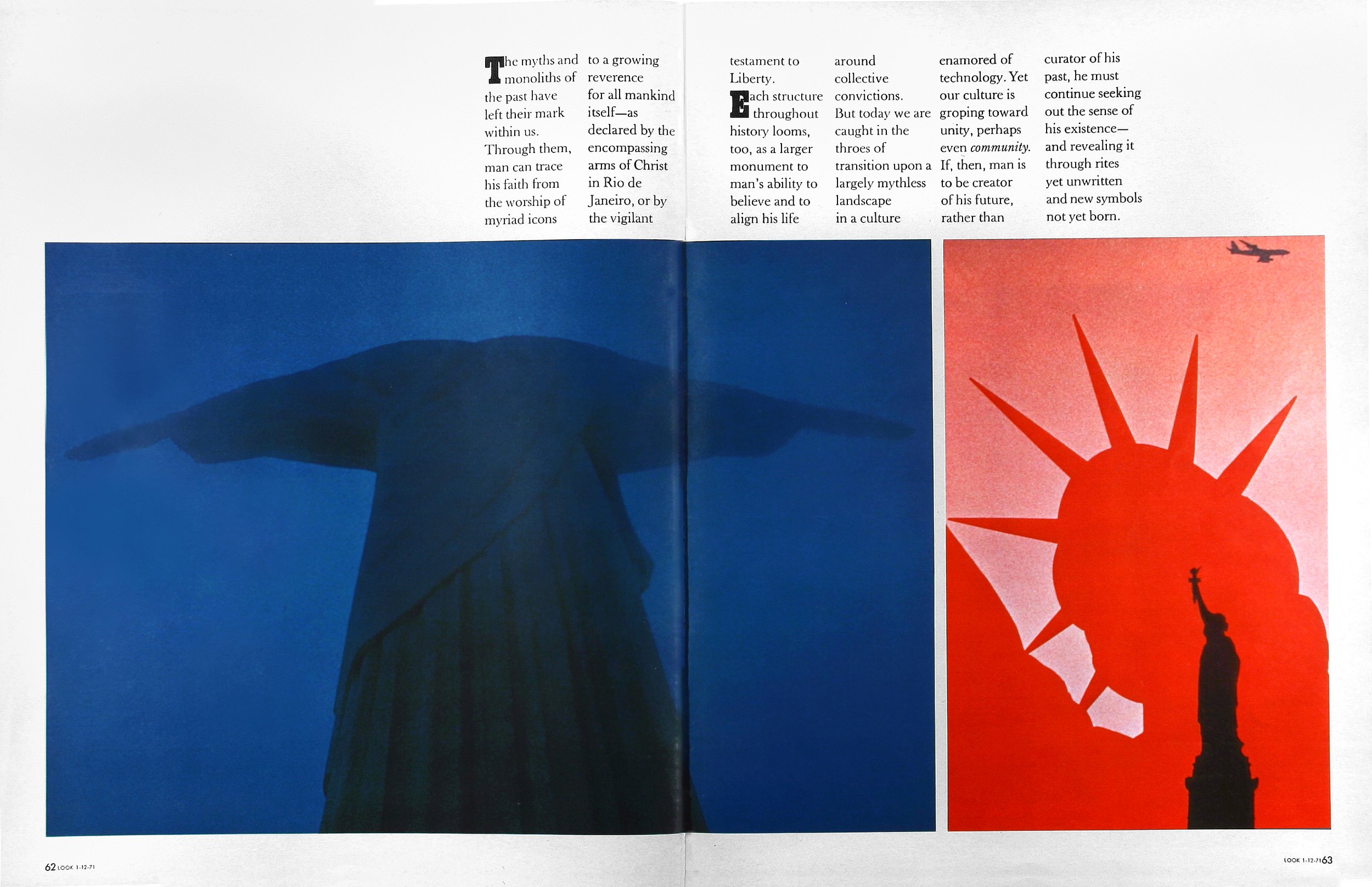
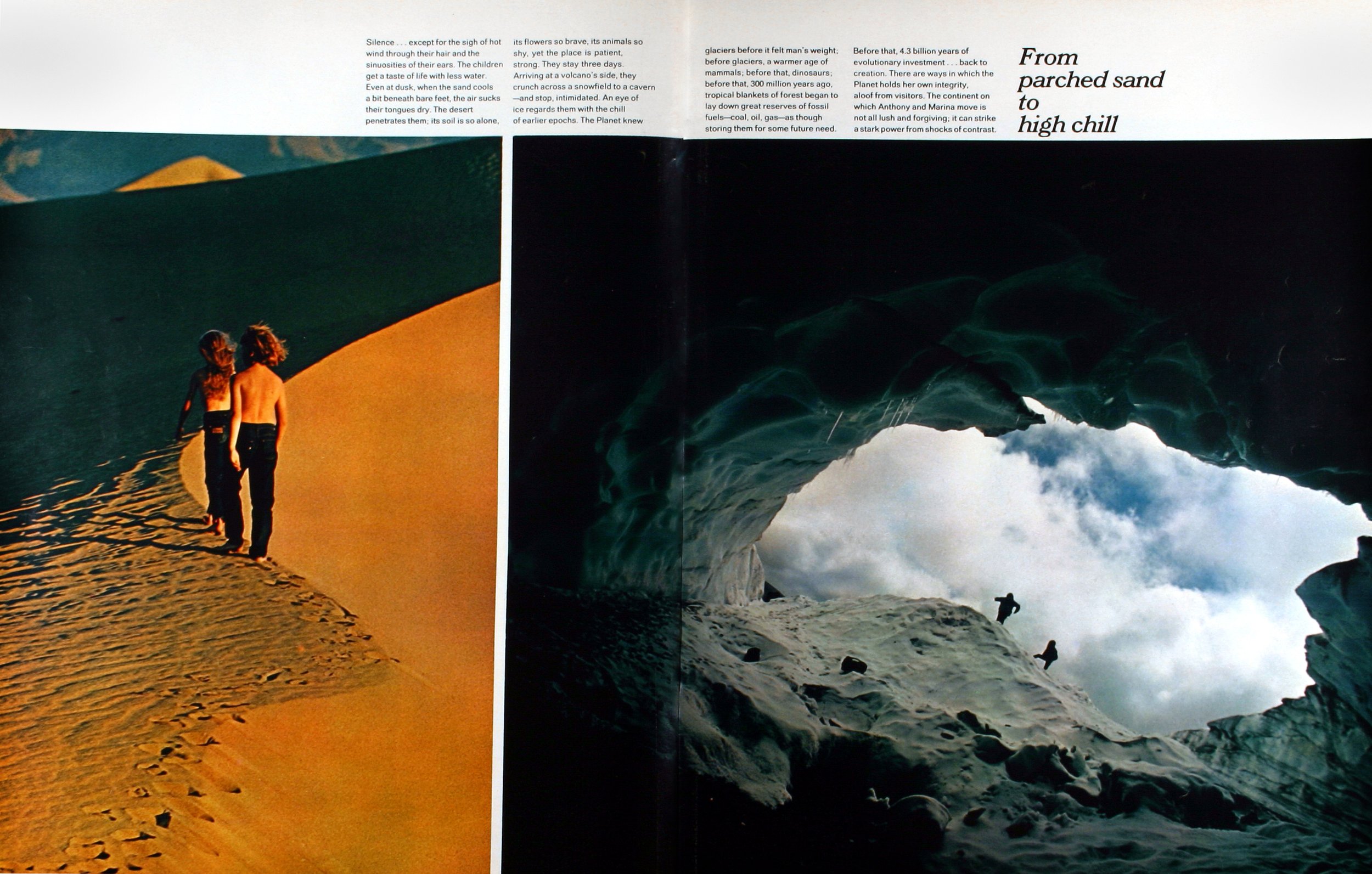
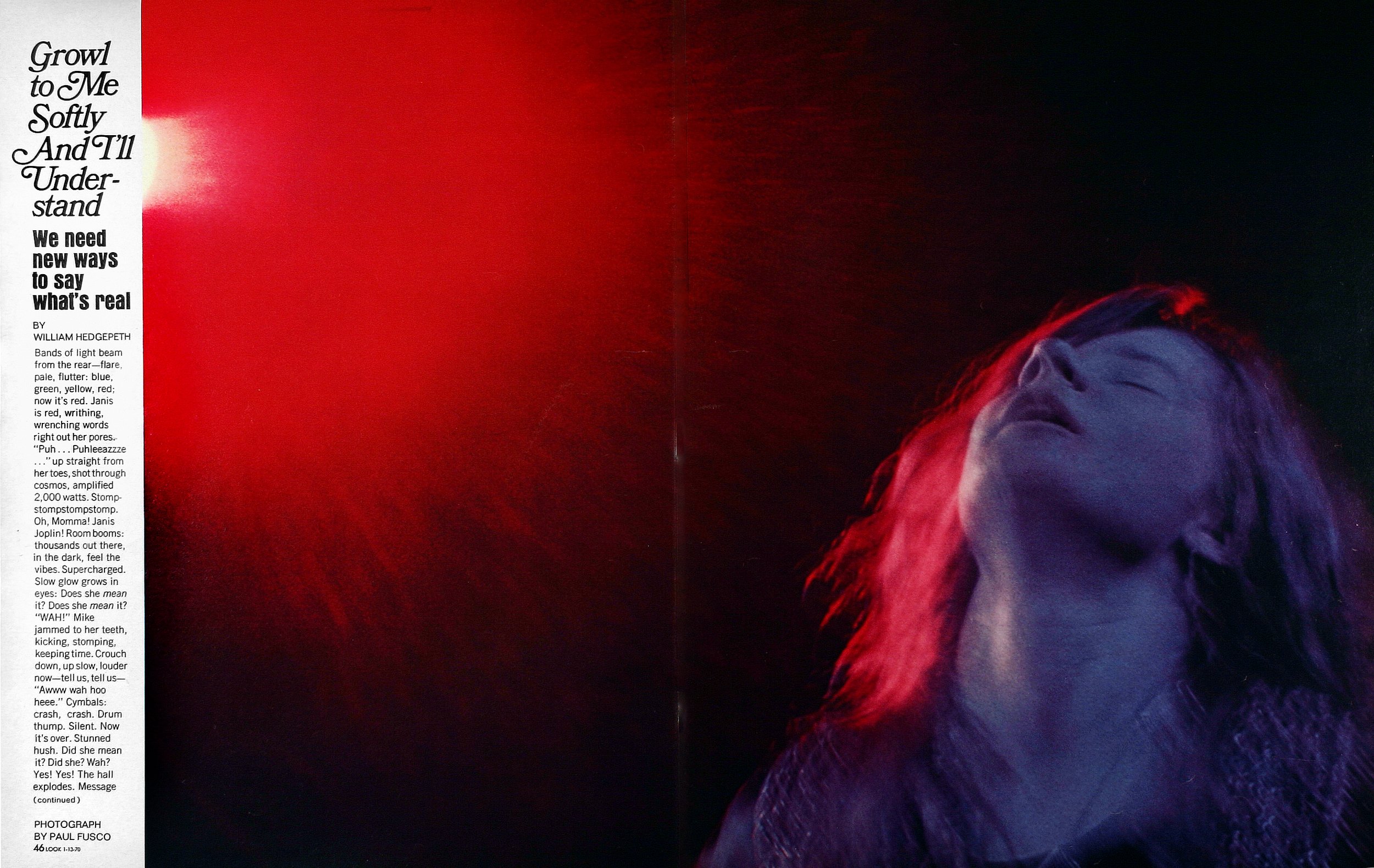
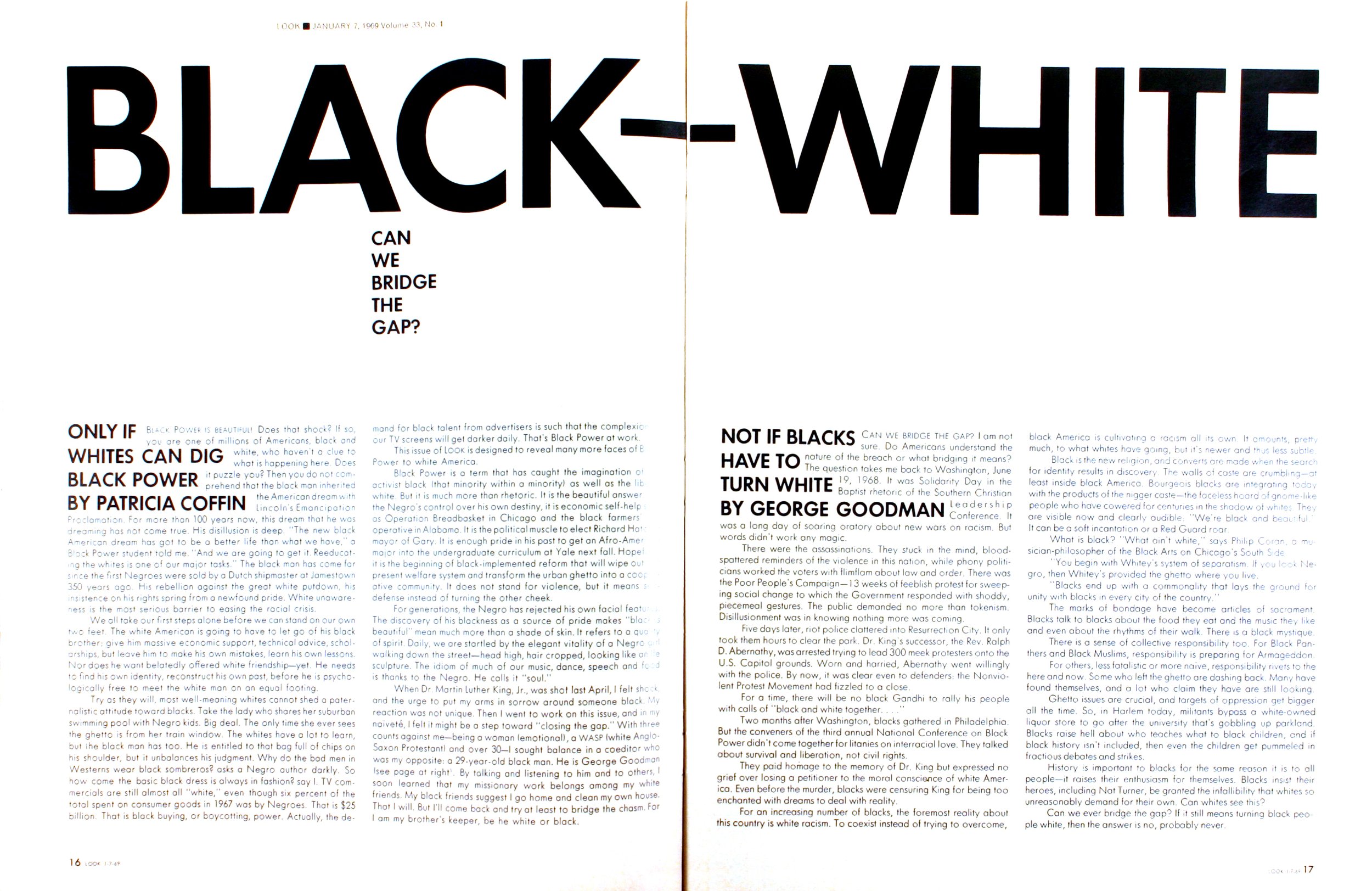
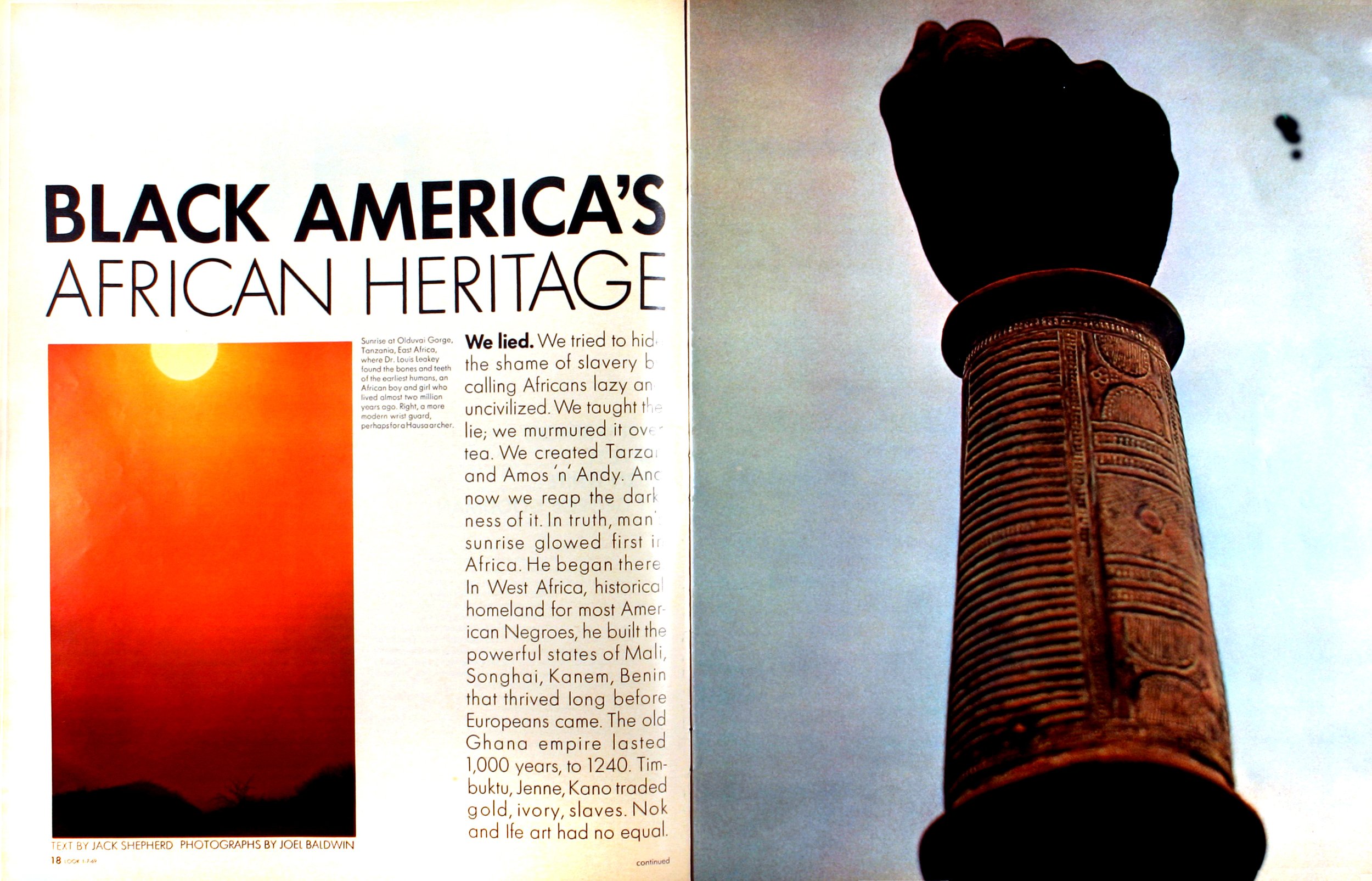
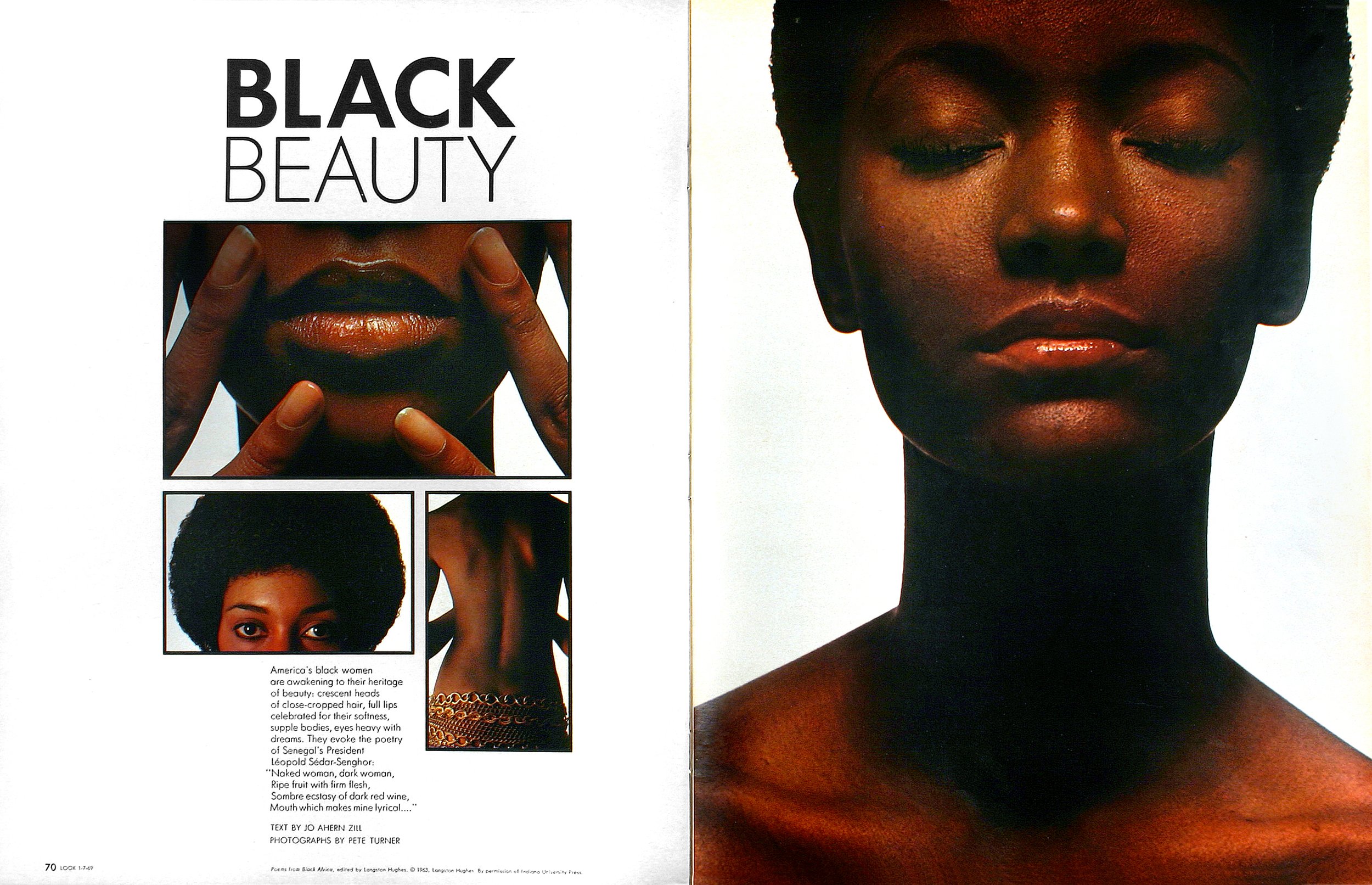
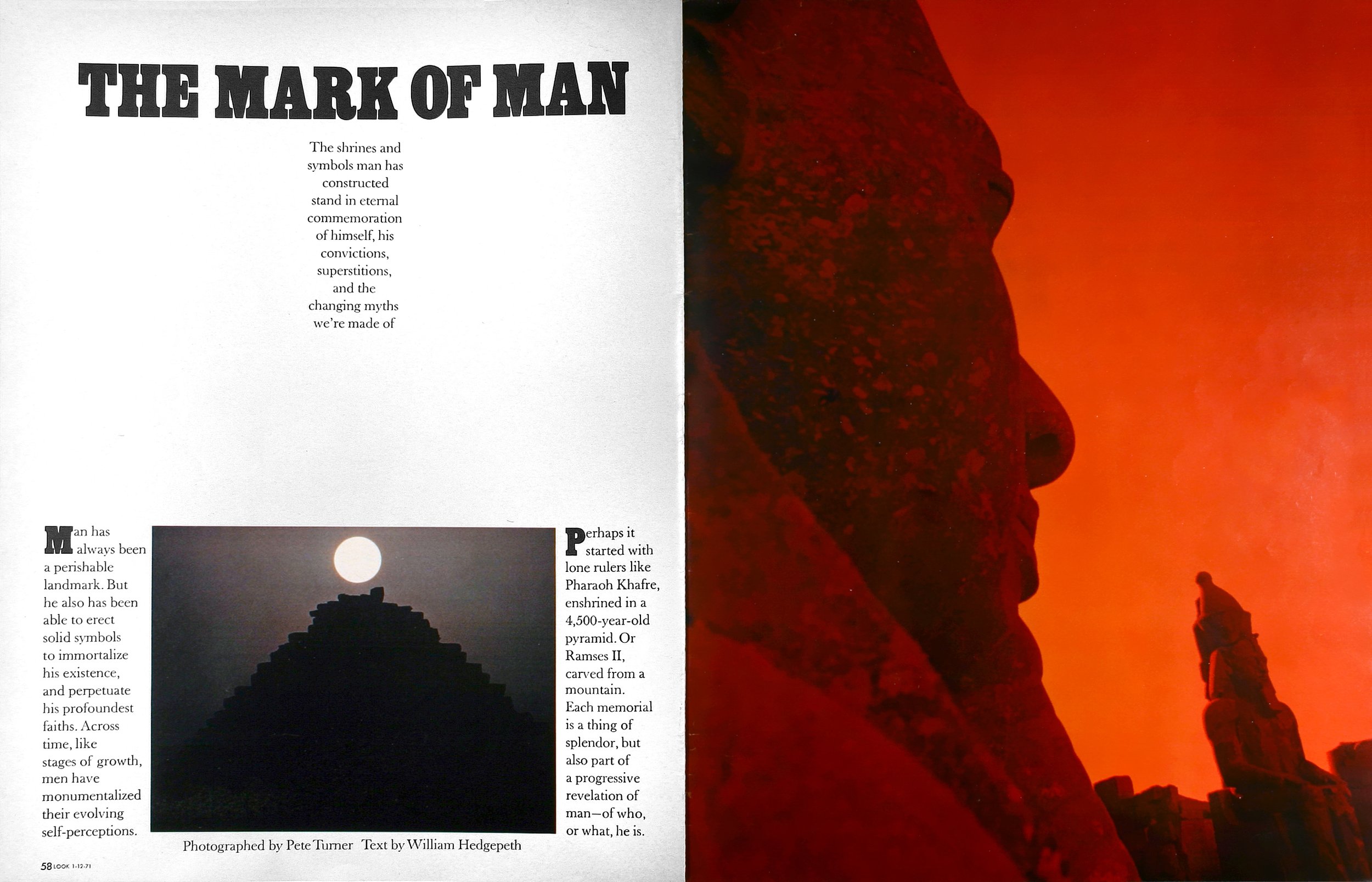

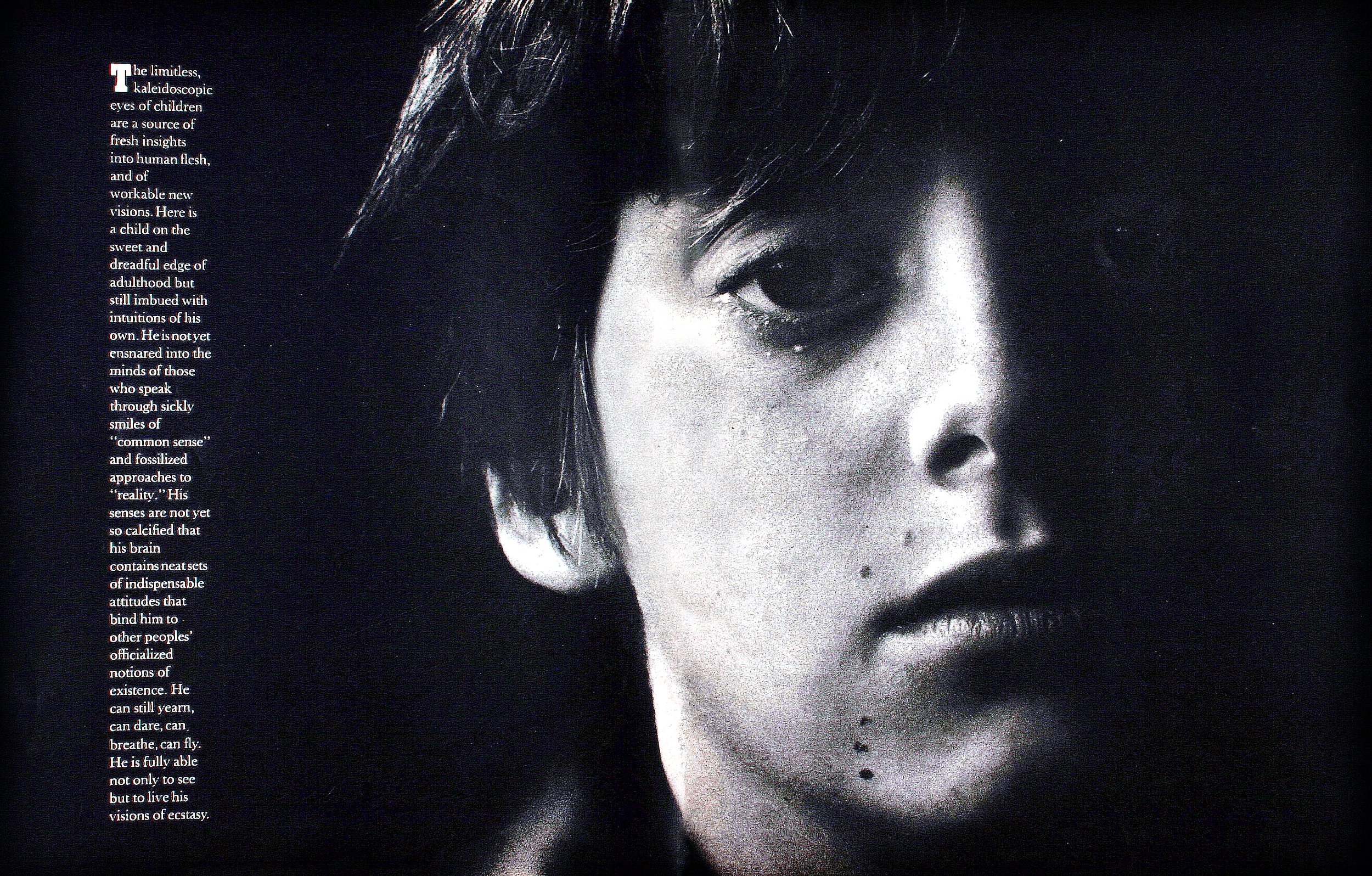

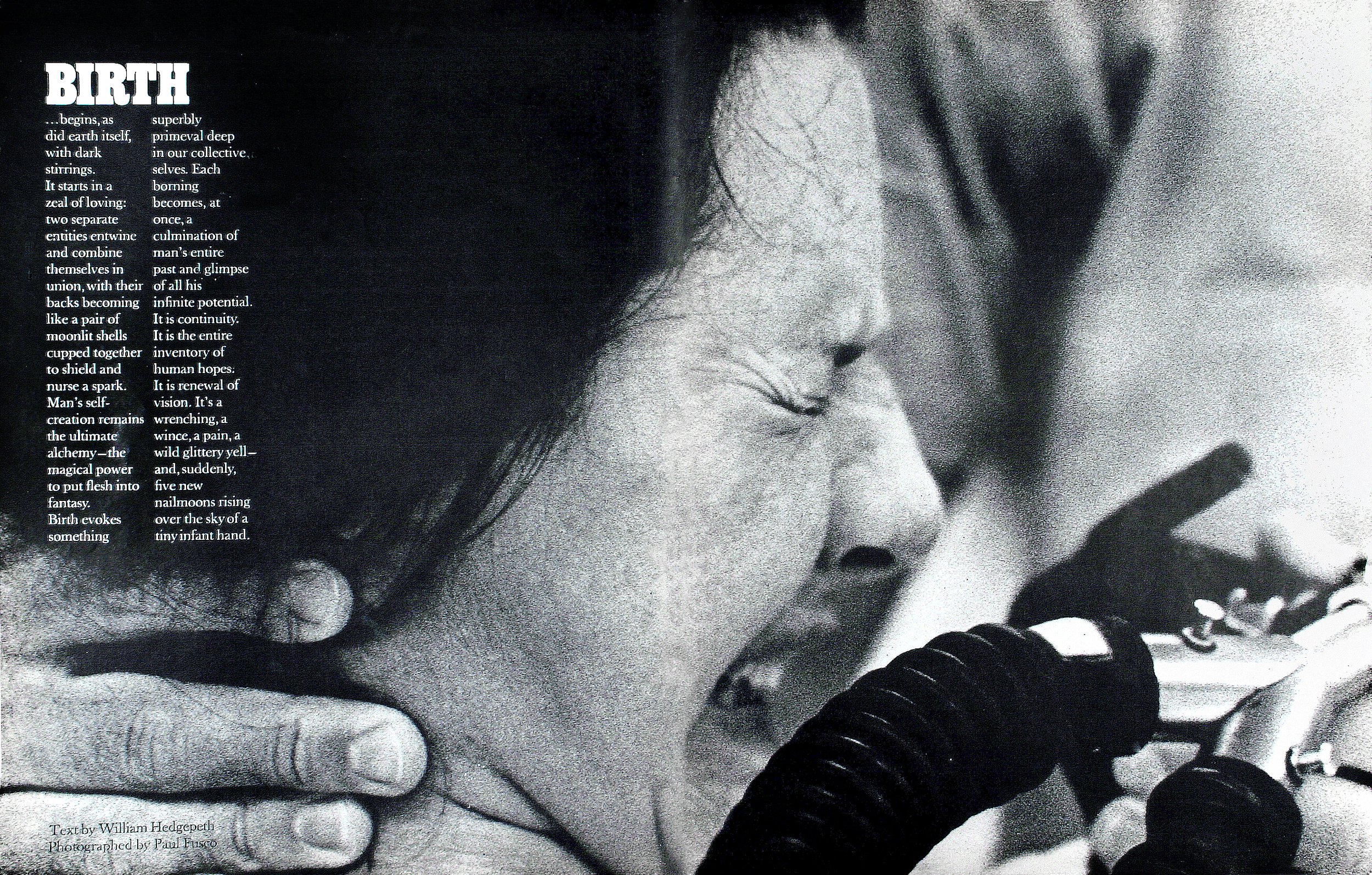
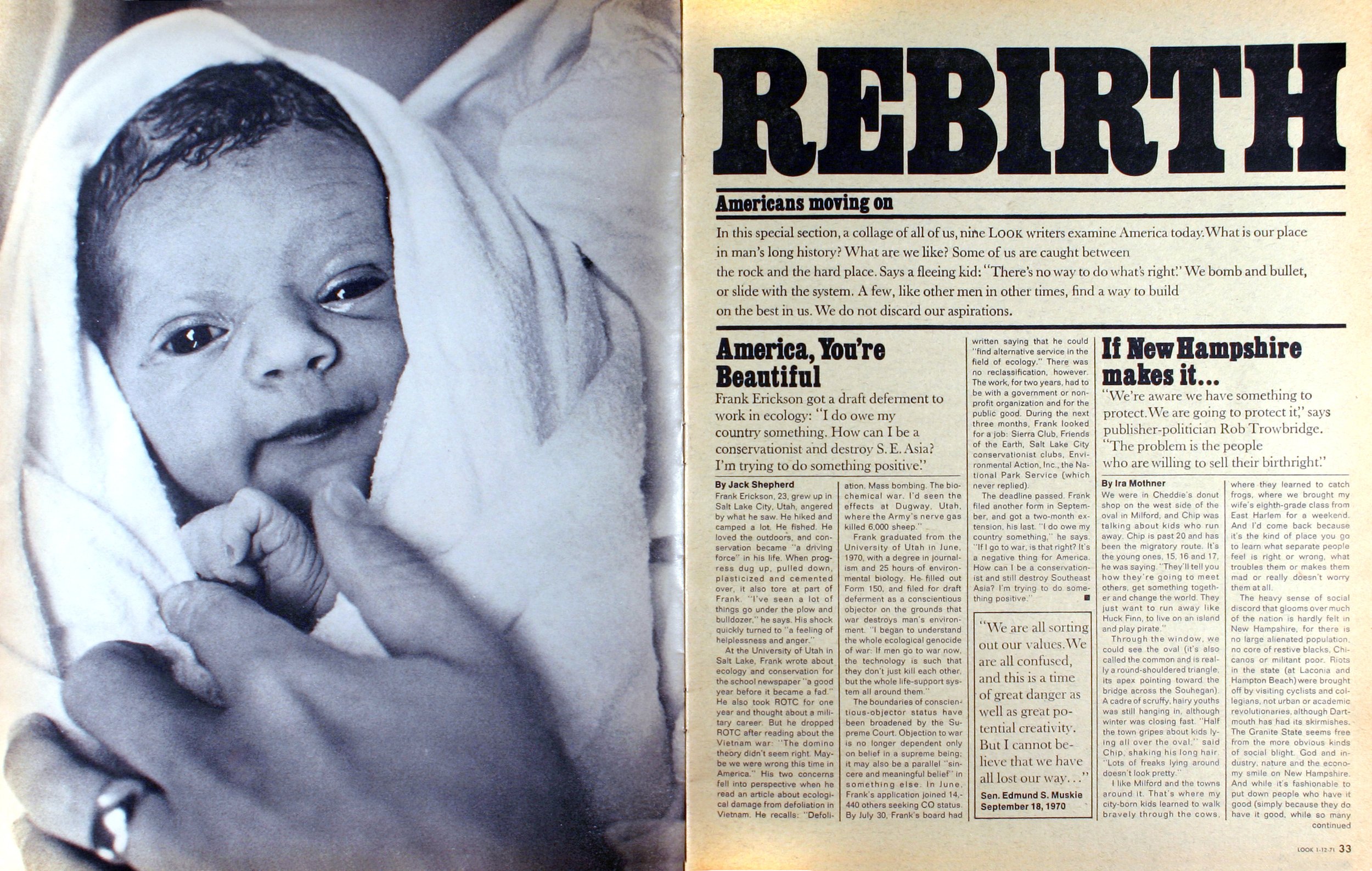
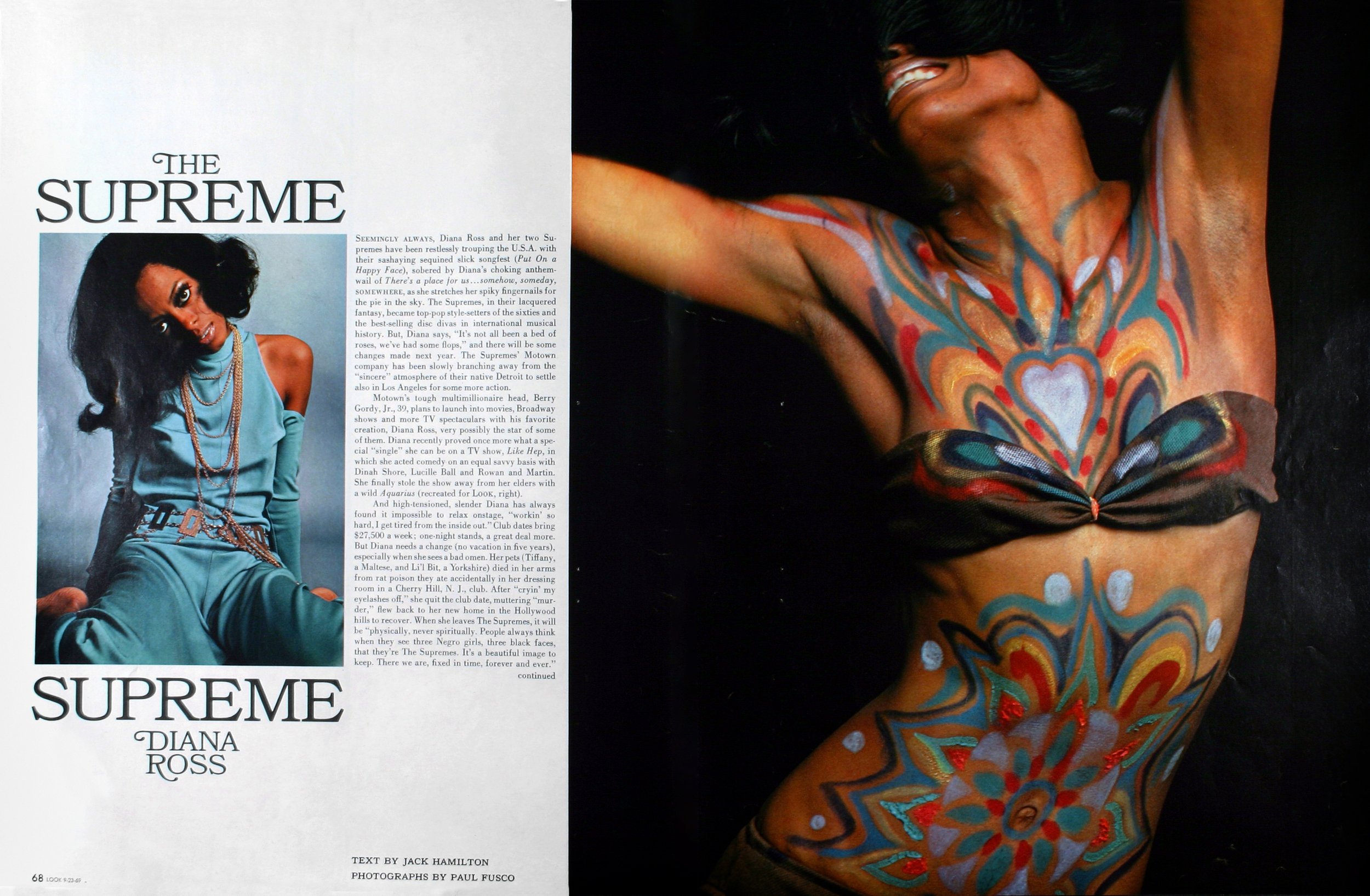

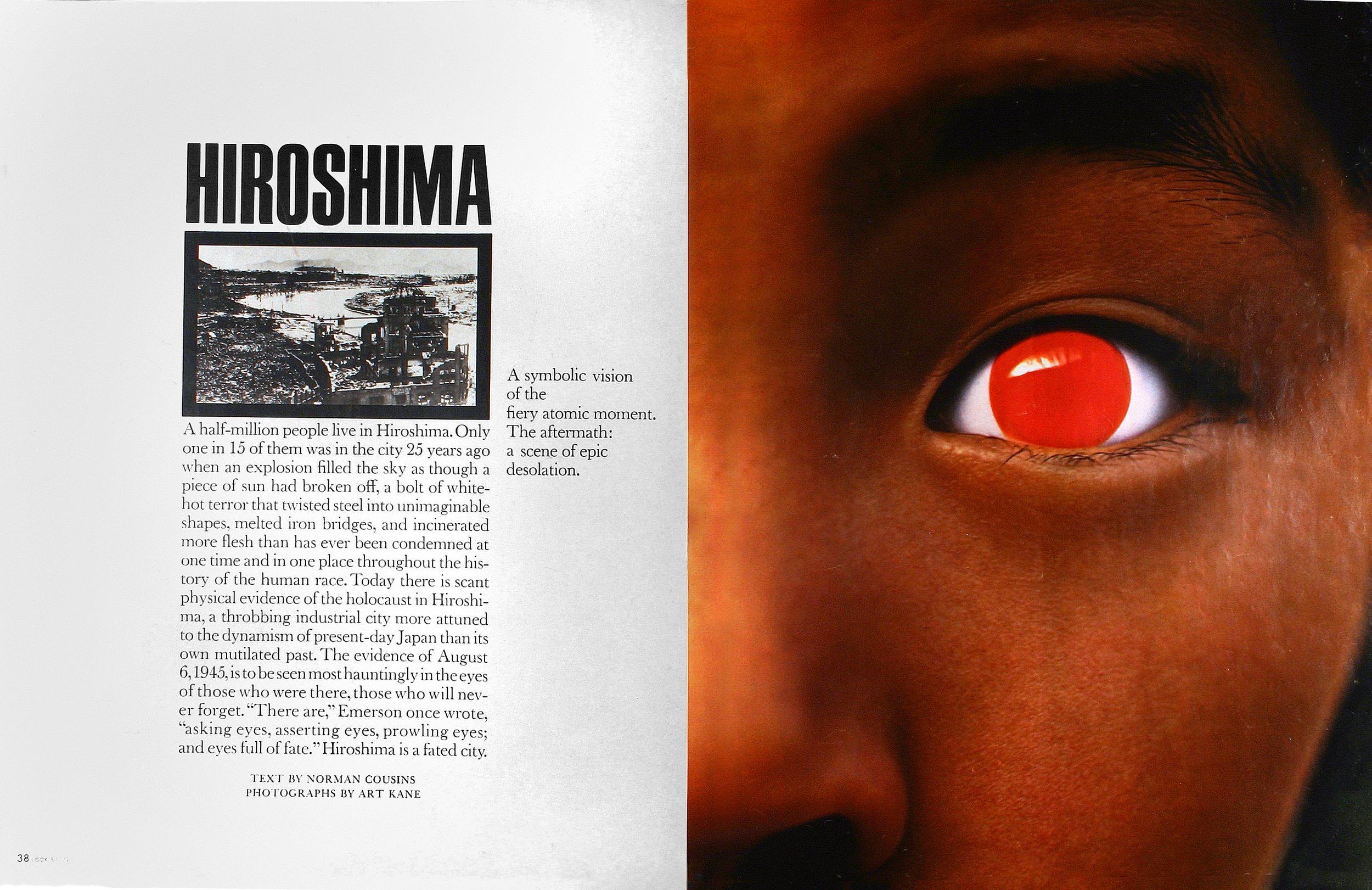
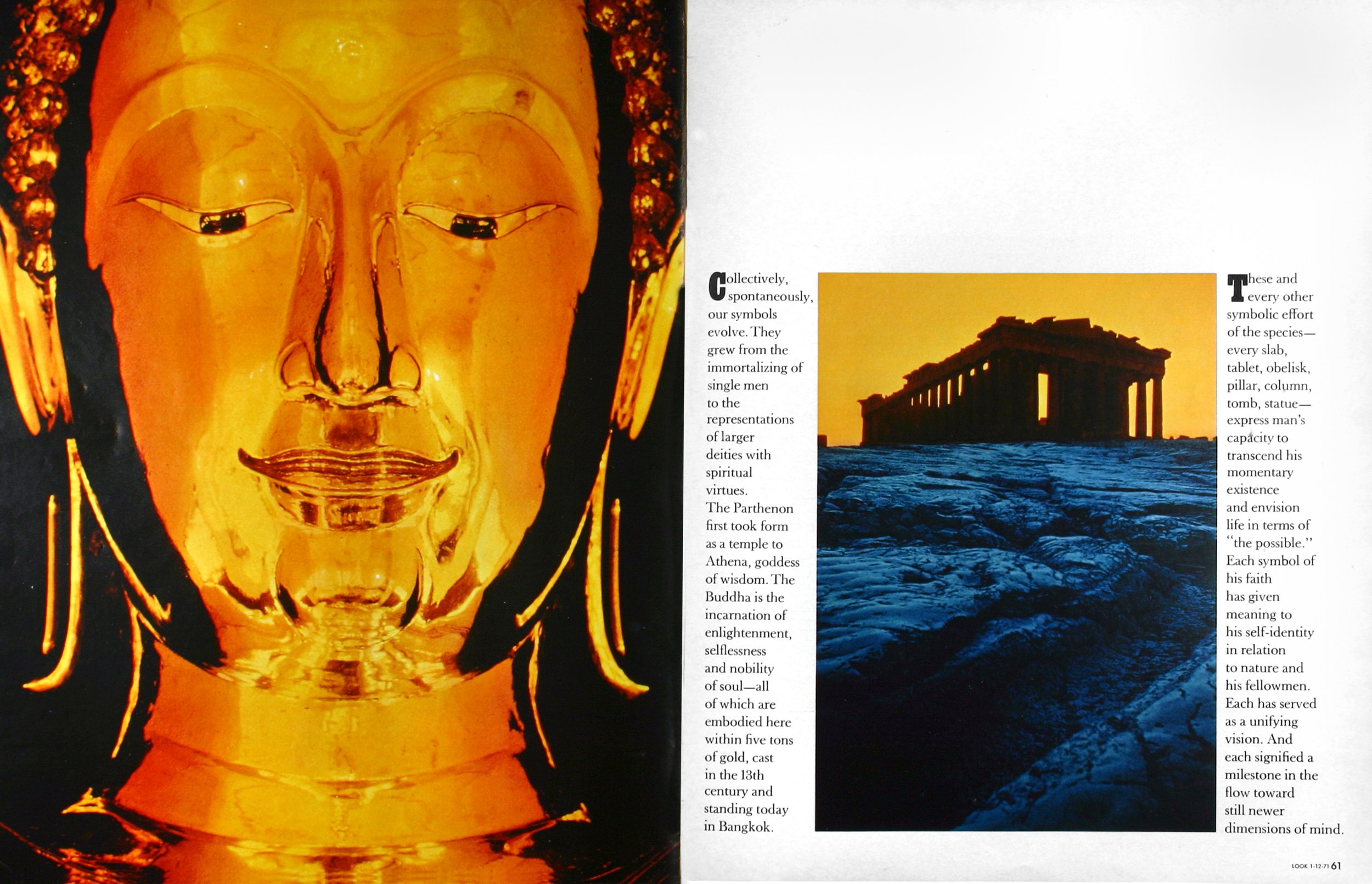
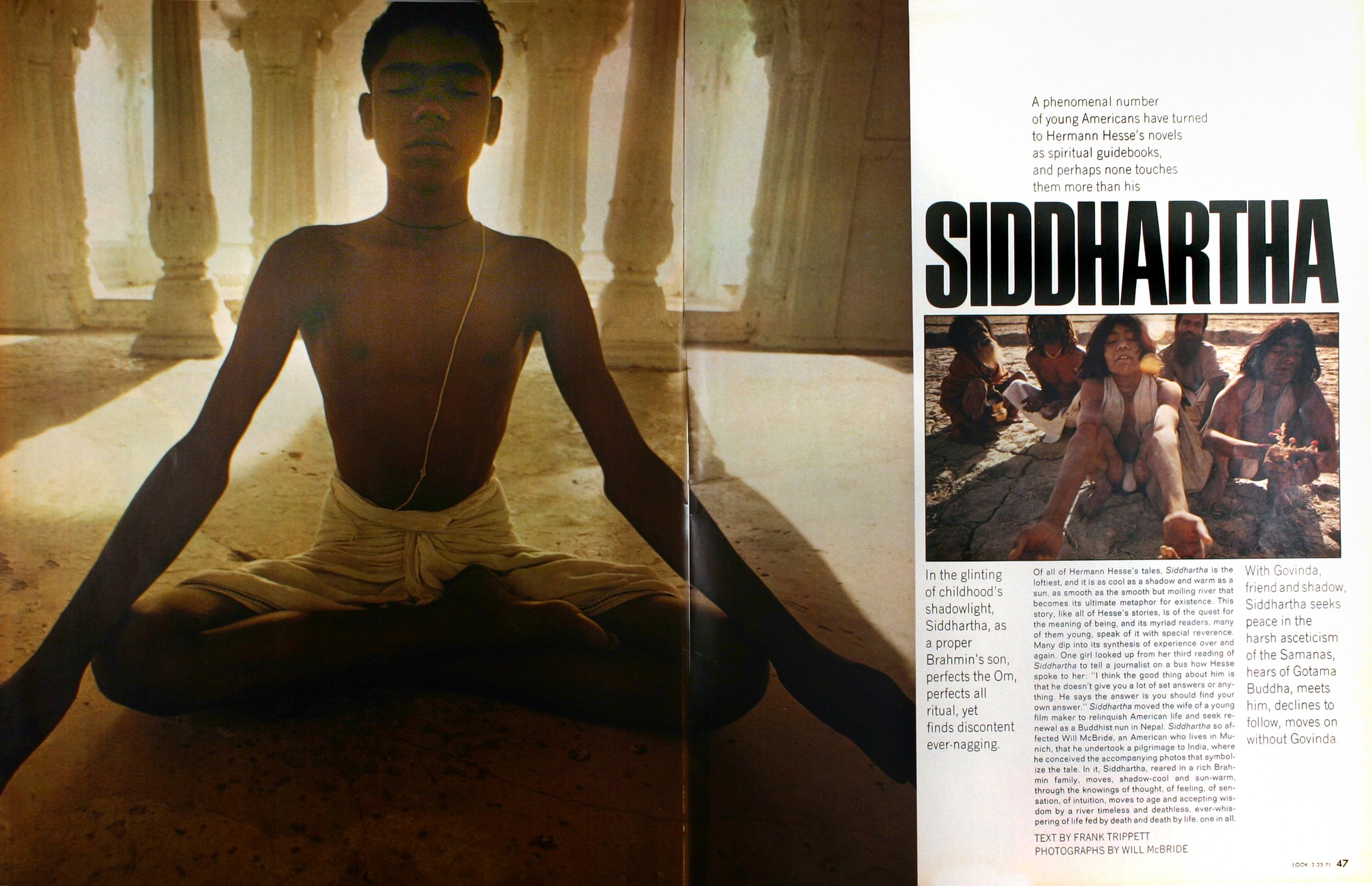
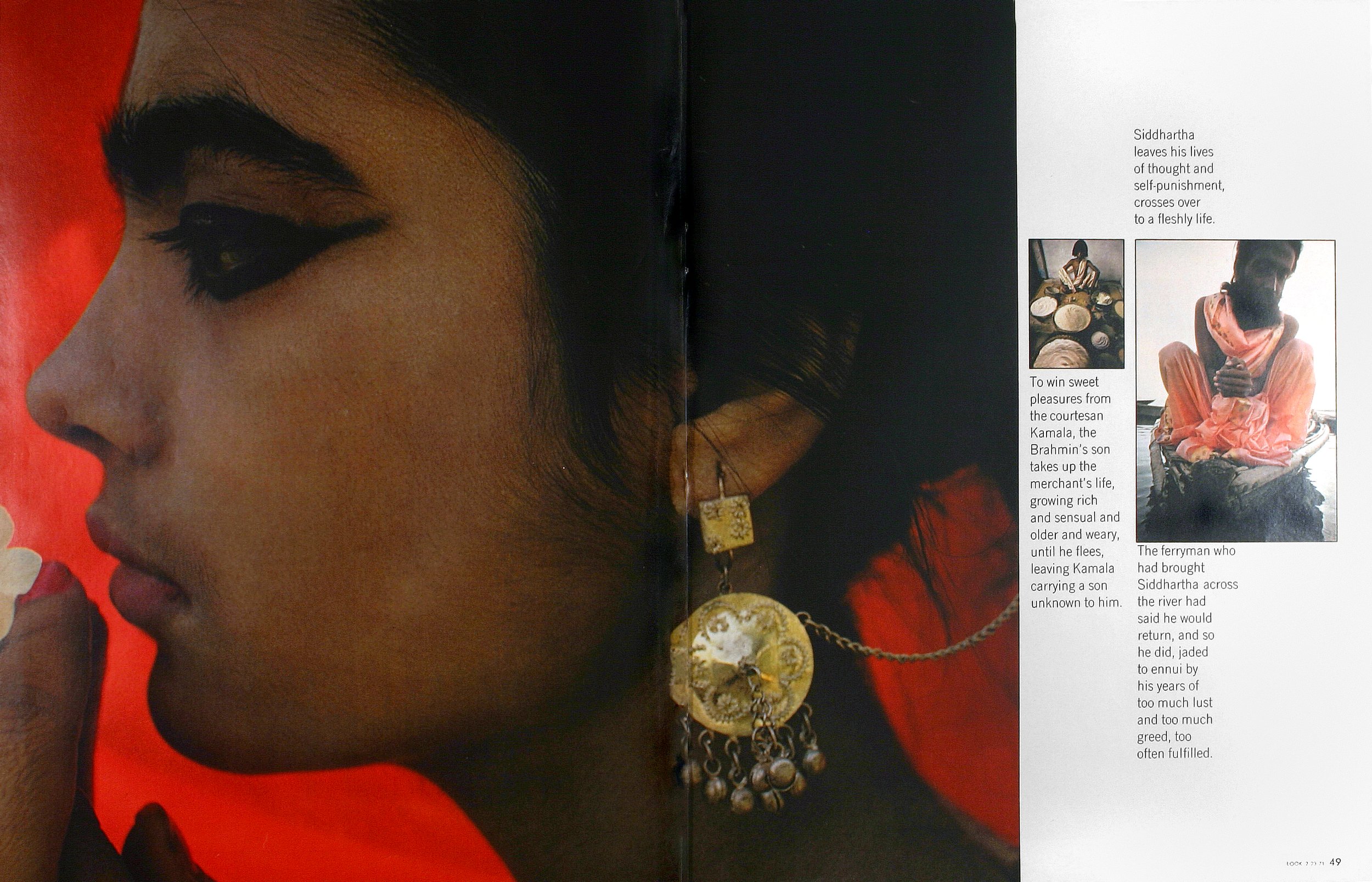
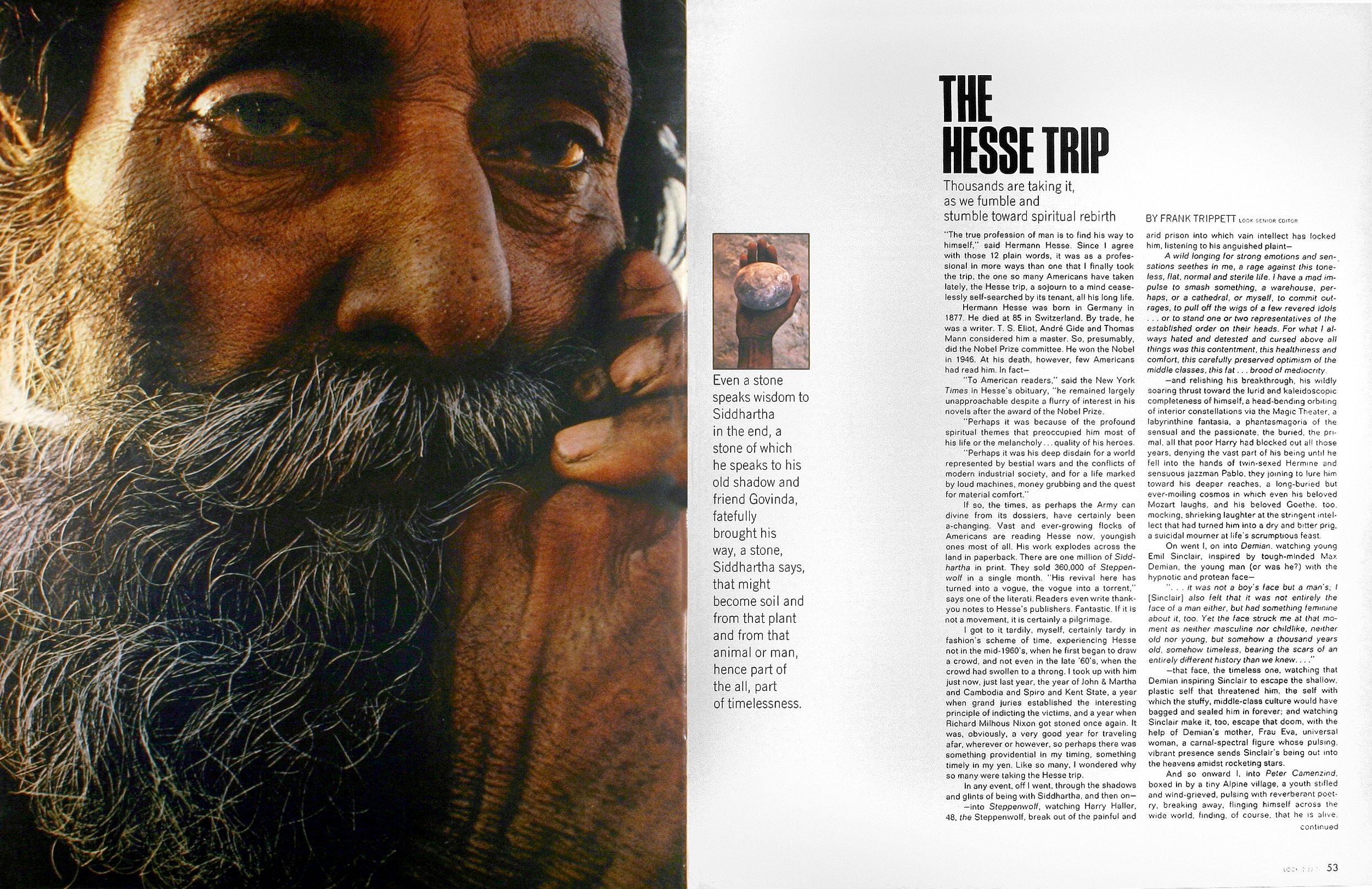
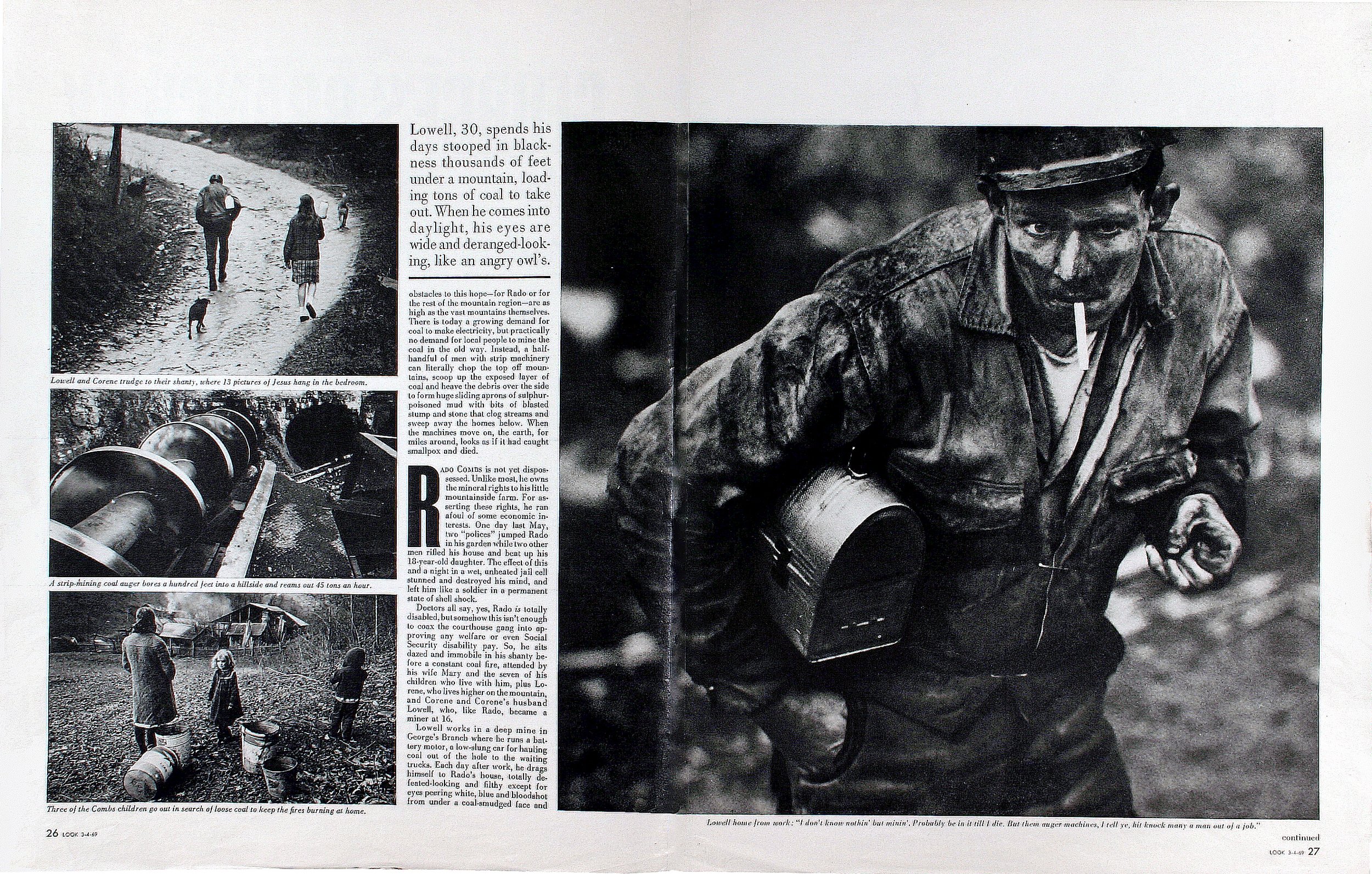
George Gendron: And now, keep in mind, this is, like, two years before the Club of Rome had even published their “The Limits to Growth,” which put climate change and sustainability on the map. So you guys were way ahead of the curve, but, not only that, you decided not to publish the clichéd photos of environmental degradation. You want to talk about the art direction on that particular story? I think Paul Fusco did the photography?
Will Hopkins: Right. Yeah. He did most of the photos. George Leonard was the editor on that issue. And, he would come to New York and he would set up his office in this hotel room about a block from the office.
George Gendron: Okay, I’m liking this guy already.
Will Hopkins: And then we would go there and on things like that issue, we would get down—I mean, uh, I worked hand-in-glove with Fusco—and we were laying out all these pages and we were doing them on these little grid sheets. And then I would put them in my pocket and go back to the office and then start handing them out.
George Gendron: Someday I really gotta see what you have in terms of memorabilia for these so-called “little grid sheets.”
Mary K Baumann: One of the things that I think was key about both Twen and Look, was Willy Fleckhaus was an extremely strong art director and almost acted as the editor. At Look, Alan Hurlburt was equally as strong. And he was the art director who hired Will. And so he had these two great, strong art directors who were extremely editorially involved in the magazine. They weren’t just doing pretty pages. And I think they were very important for his career as mentors.
George Gendron: And you started a trend that continued through the decades during the heyday of magazines, which I came to really resent. And that was that you art directors ruled the goddamn place. You were, you were art directors editors in chief!
Will Hopkins: Well, I don’t think it was quite that.
American Photographer, New York, 1978-1985
George Gendron: No, I know, I know. But, having come from the other side of the newsroom, I just have to point that out.
Mary K Baumann: I think that you as an editor are very visually aware, George. But you know, it is interesting. I mean, I’ve worked for really good editors and some really lousy editors. And the lousy editors cannot really see how to pace a story visually or put it together conceptually. Whereas I think art directors, well, many art directors have that ability to, almost like a movie director, direct how a publication unfolds.
George Gendron: You know, the reason I guess I focus on this is that my first job was at New York magazine. And when we moved from 32nd Street to 41st Street, the art department, the design department was adjacent to the newsroom. So my four-square desks were a couple of feet from people like Walter Bernard. And Milton [Glaser] was constantly there from Push Pin and I took it for granted that magazines were run by these teams—these editorial and design partners. Boy, was I wrong about that! I thought that was the norm.
So I’m curious about the social side of your magazine life during your period at Look. Who were your friends? Who were your buddies? Who would you go out and have a beer with?
Will Hopkins: Well, my friends were mostly the West Coast guys. George Leonard, and John Poppy, and Paul Fusco moved out there, and, you know, Doug Kirkland was out there.
George Gendron: Did you guys have a big office out there? Or, what are you talking about? A bureau? What was it?
Will Hopkins: It’s more like a bureau. But they really hung out in Mill Valley. So every time I went out there I went to Mill Valley. I didn’t spend a lot of time in the city.
George Gendron: Yeah. I suspect you went out there often.
Will Hopkins: Yeah. As often as I could. I really liked them. I had a great time with them. And I learned a lot from them.
George Gendron: Were you still at Look when it folded?
Will Hopkins: Yeah. Mm-hmm.
George Gendron: What was the last day at Look for you? What was that like, Will?
Will Hopkins: Well, for quite a few weeks I would come to town from Connecticut and I had to go do something and I didn’t have any place to go. And I would go to Look. And I would go up and the offices were empty and my office was empty, basically, but I could go in my office and I could call on the phone, things like that.
American Photographer, Interior Pages
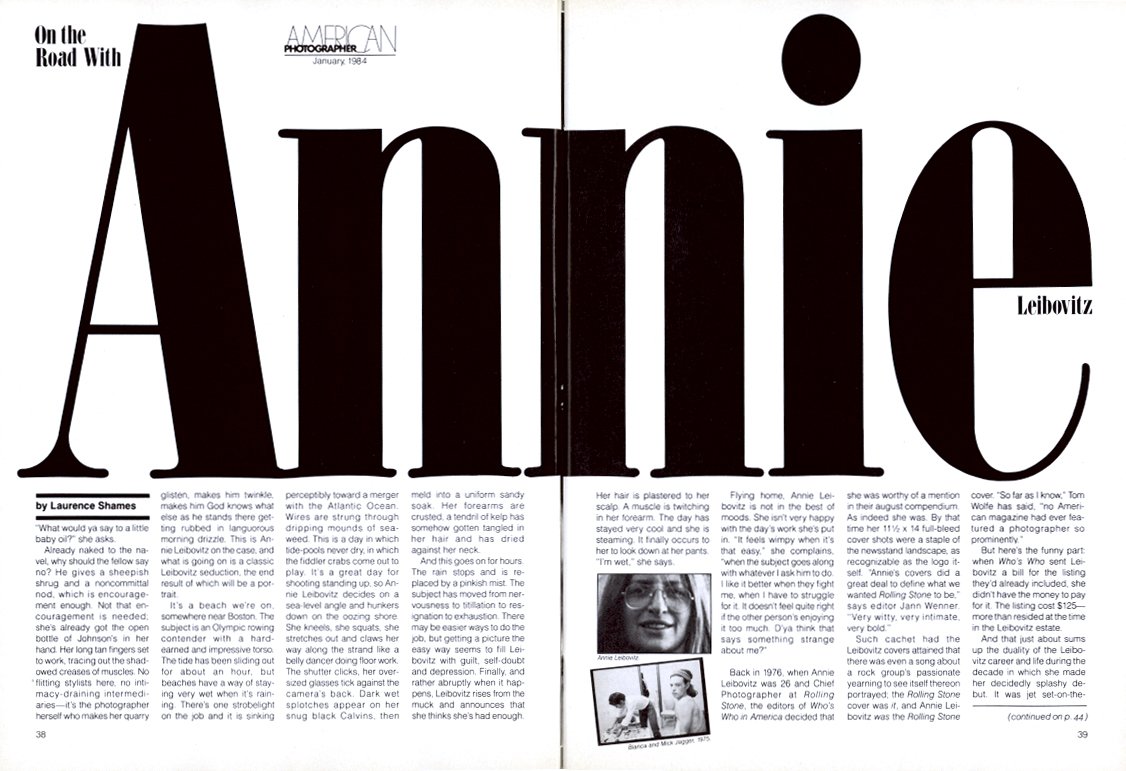
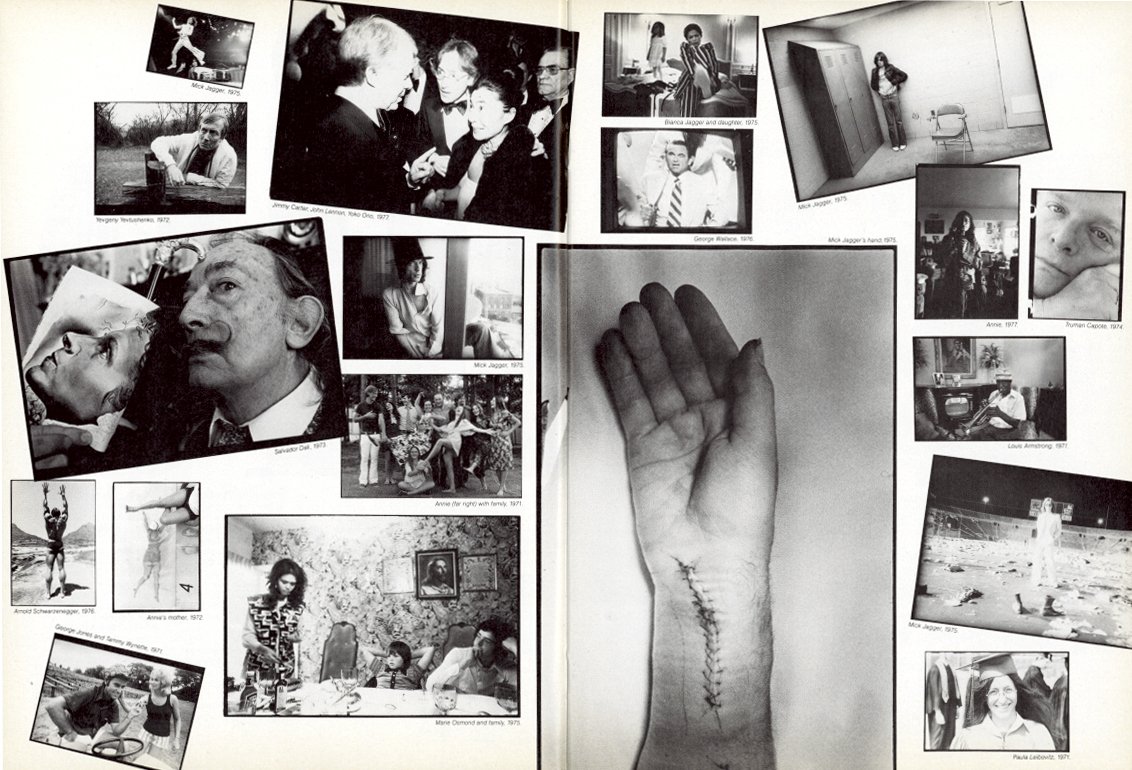


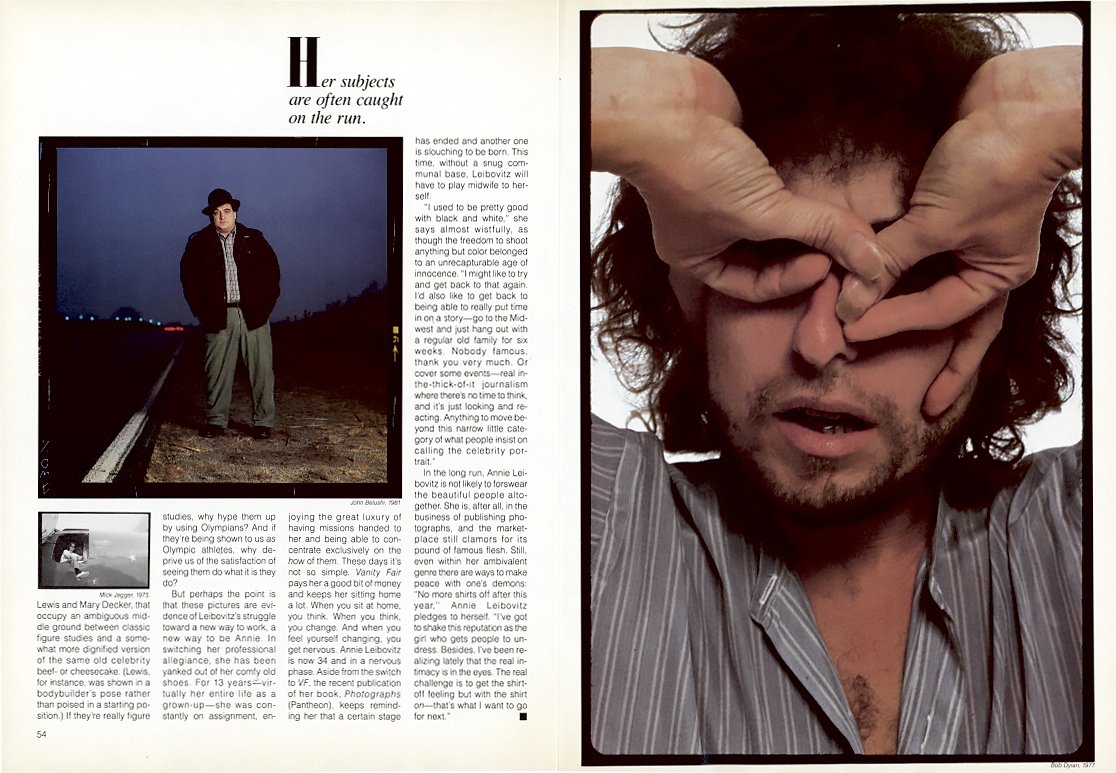
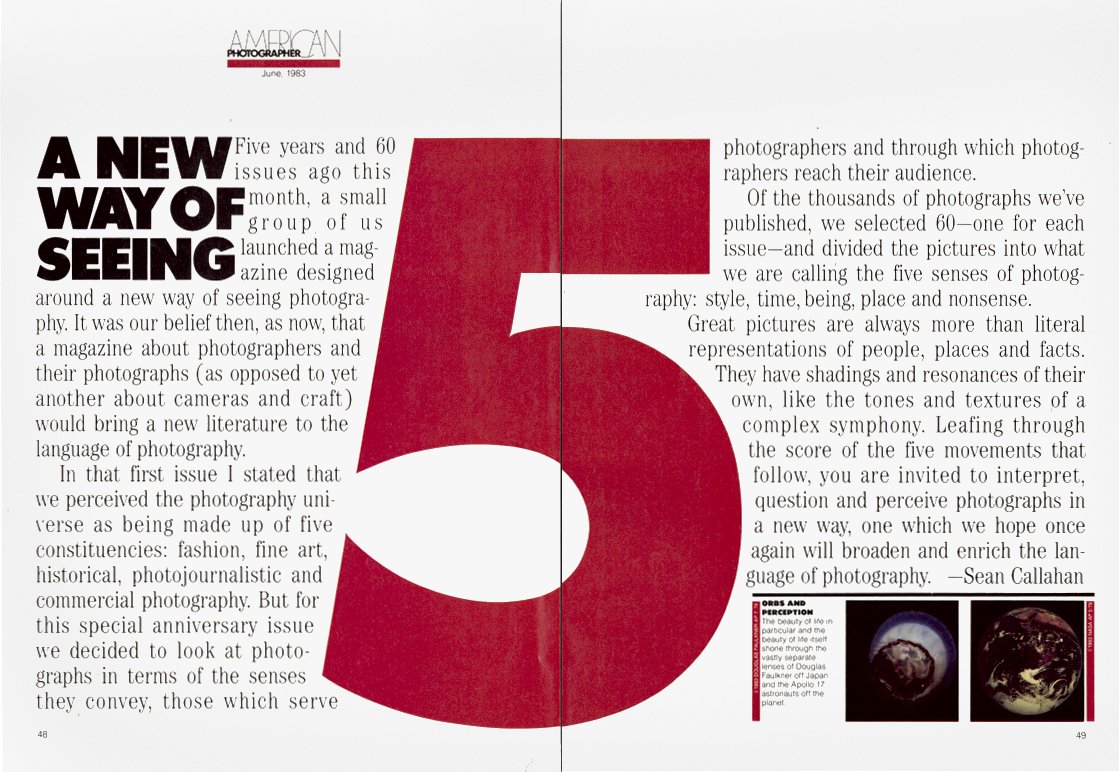


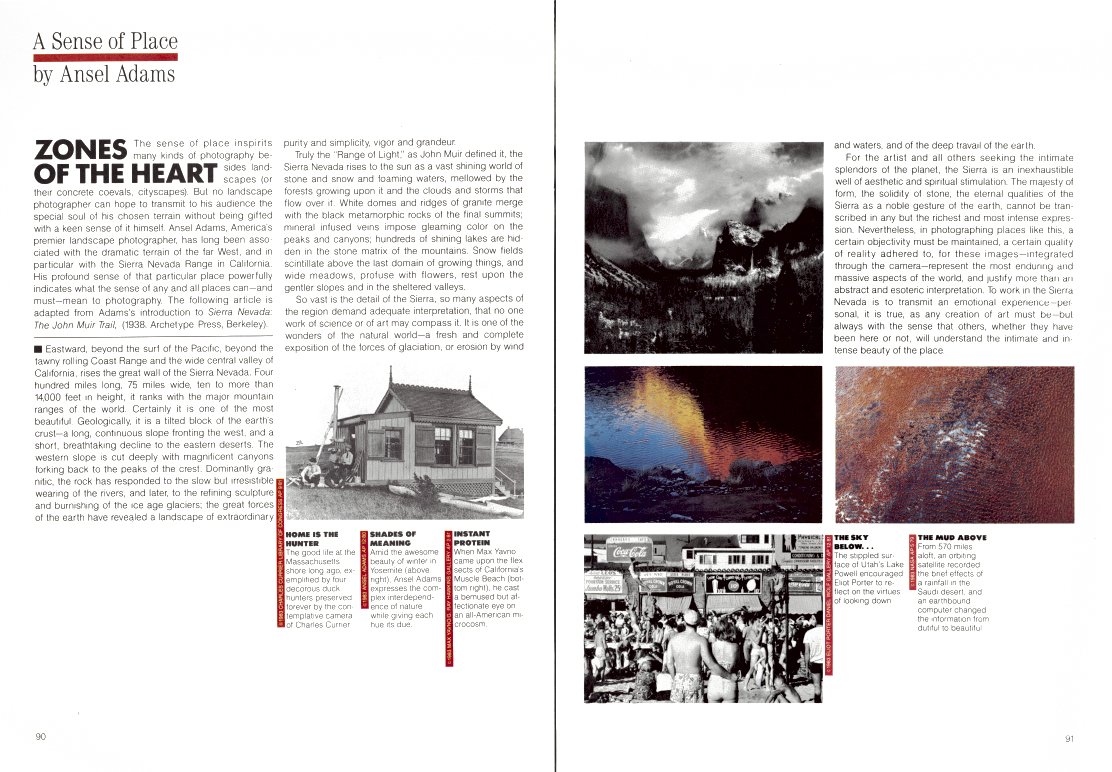
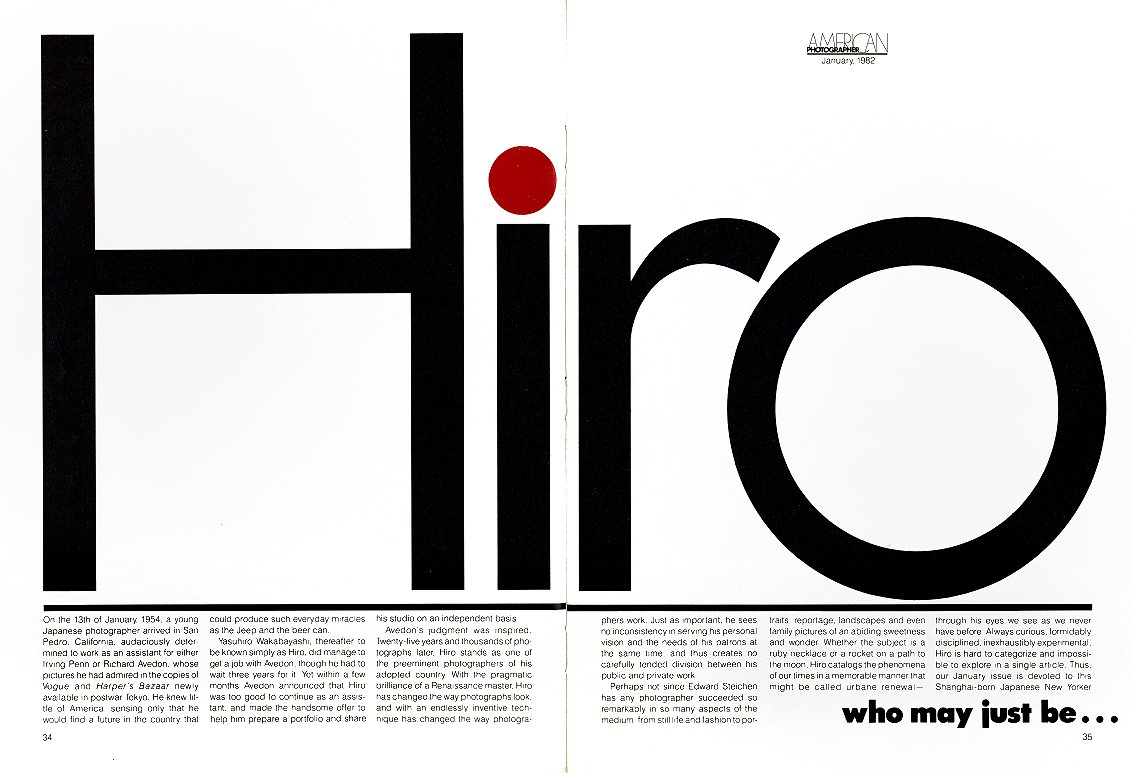
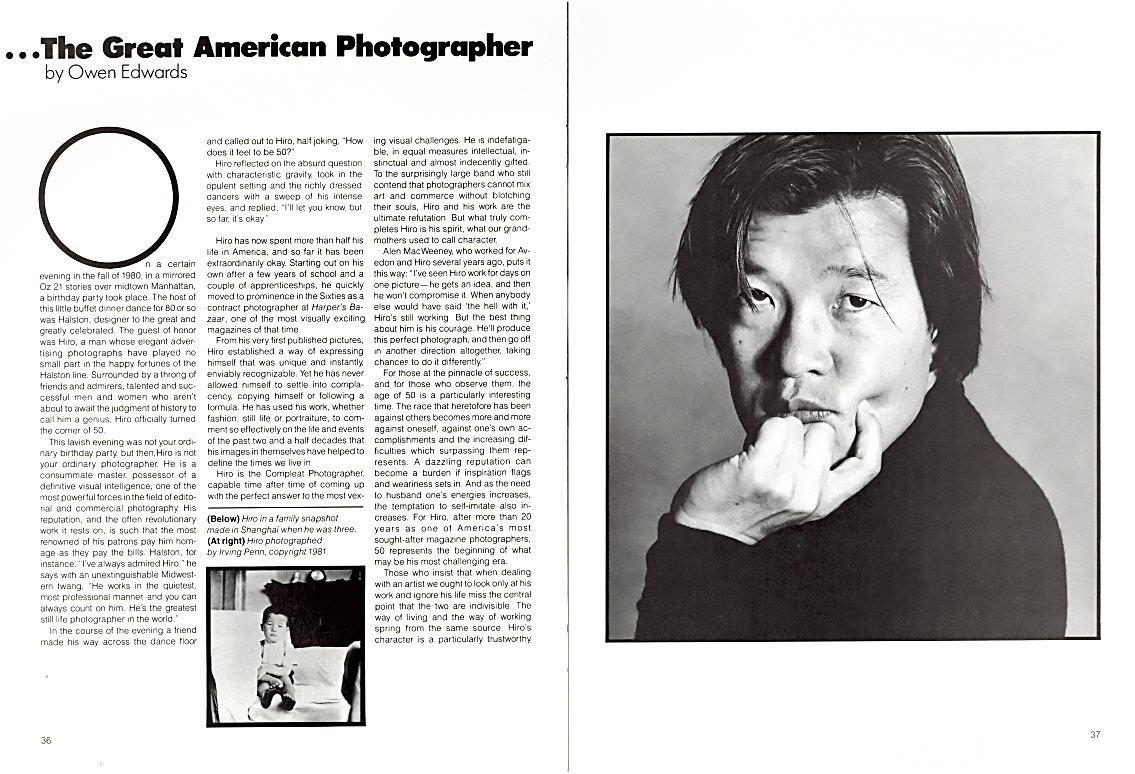

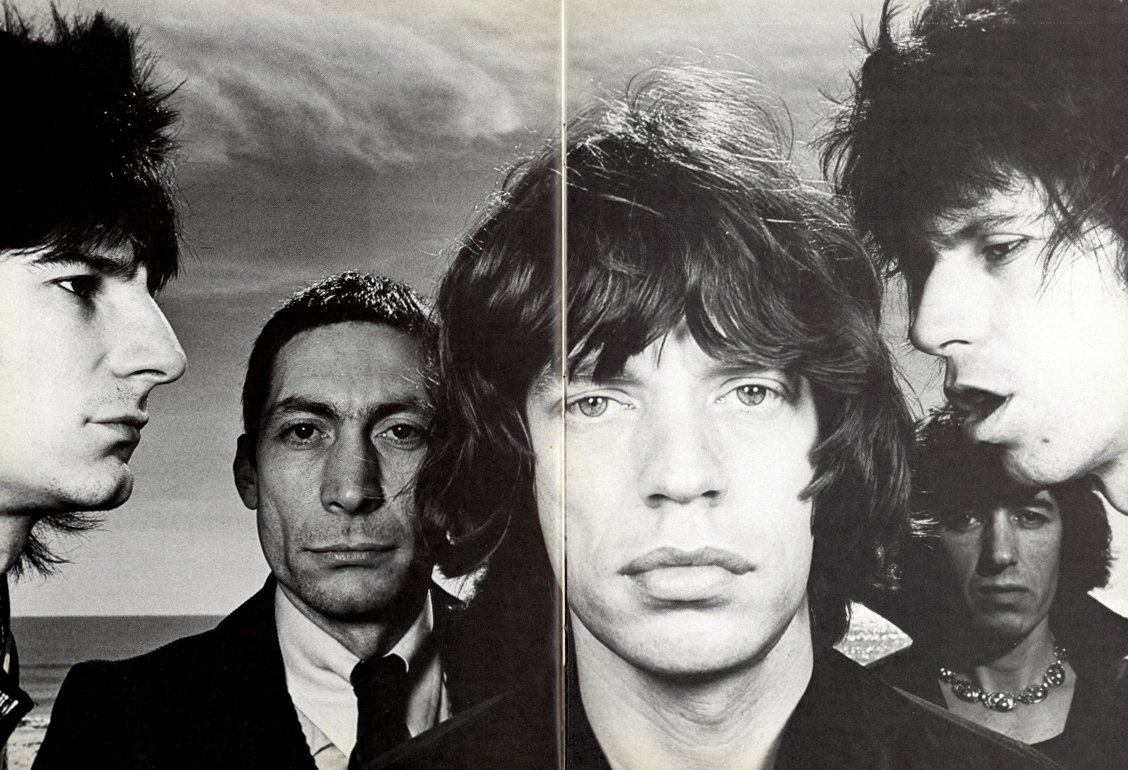
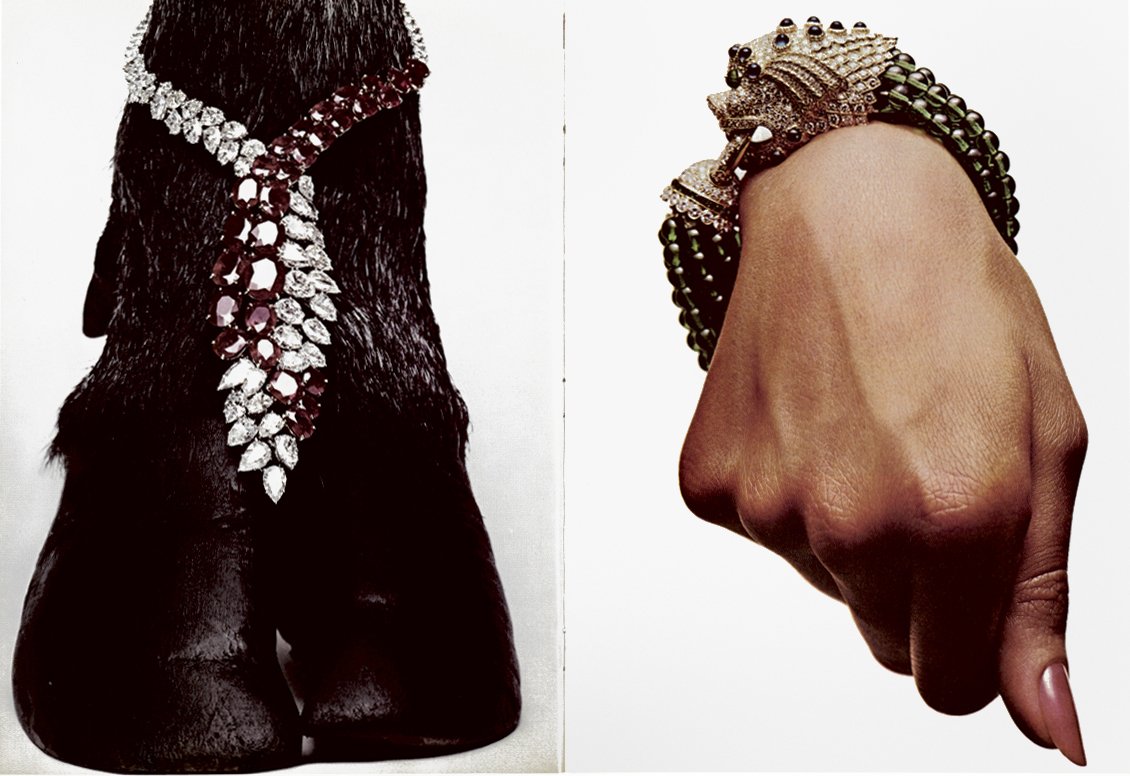
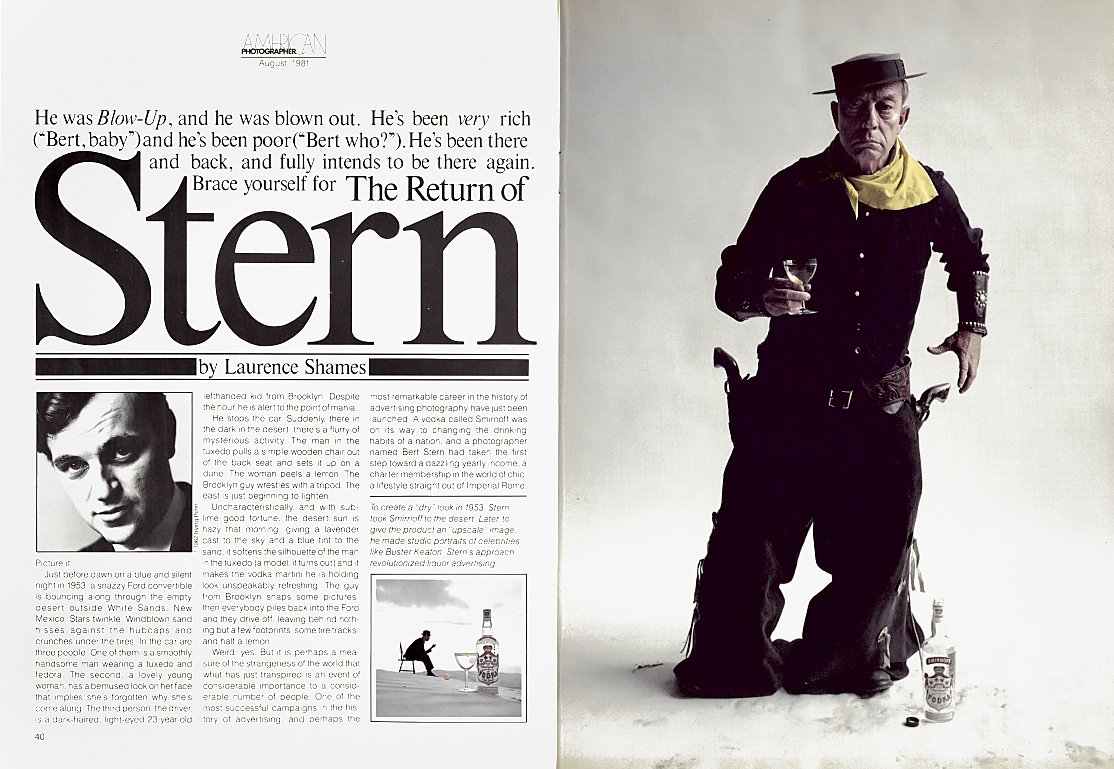
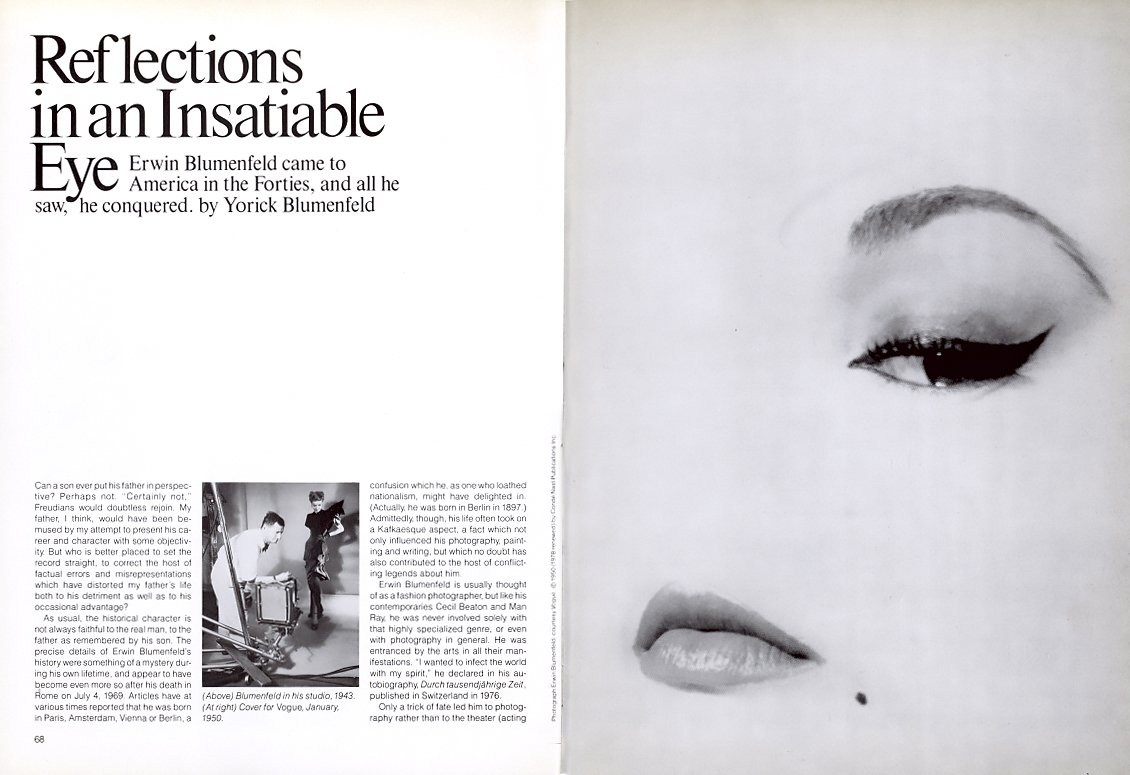
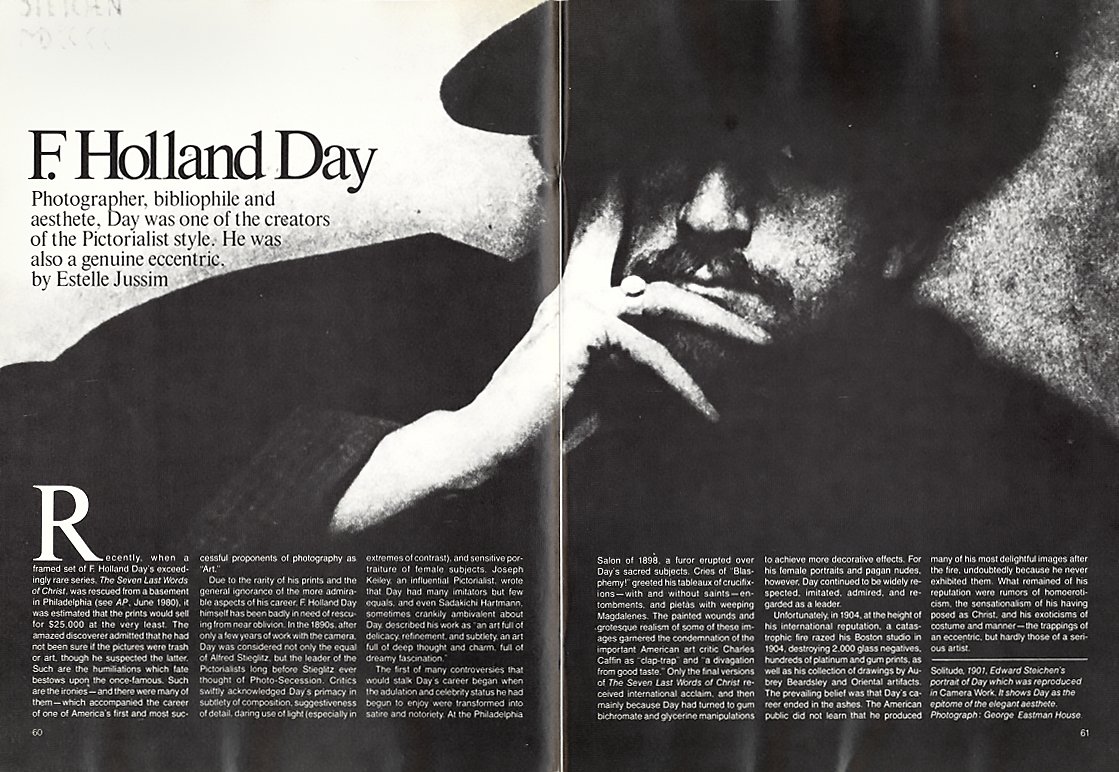
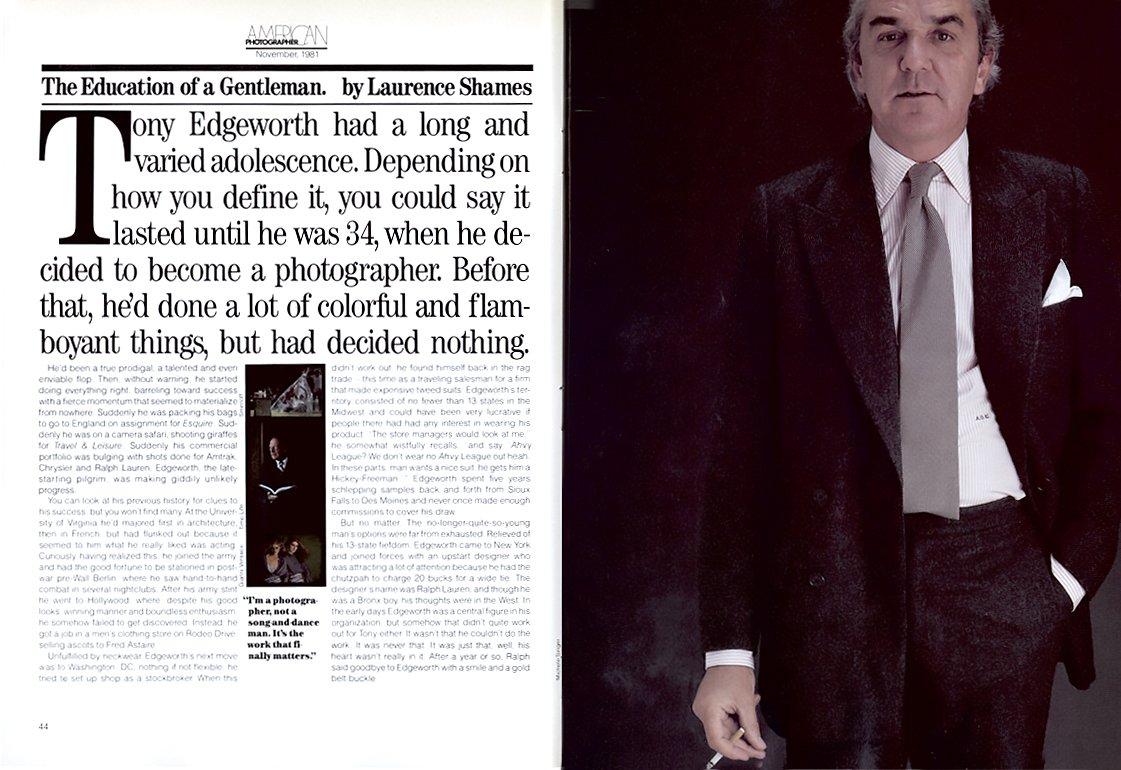
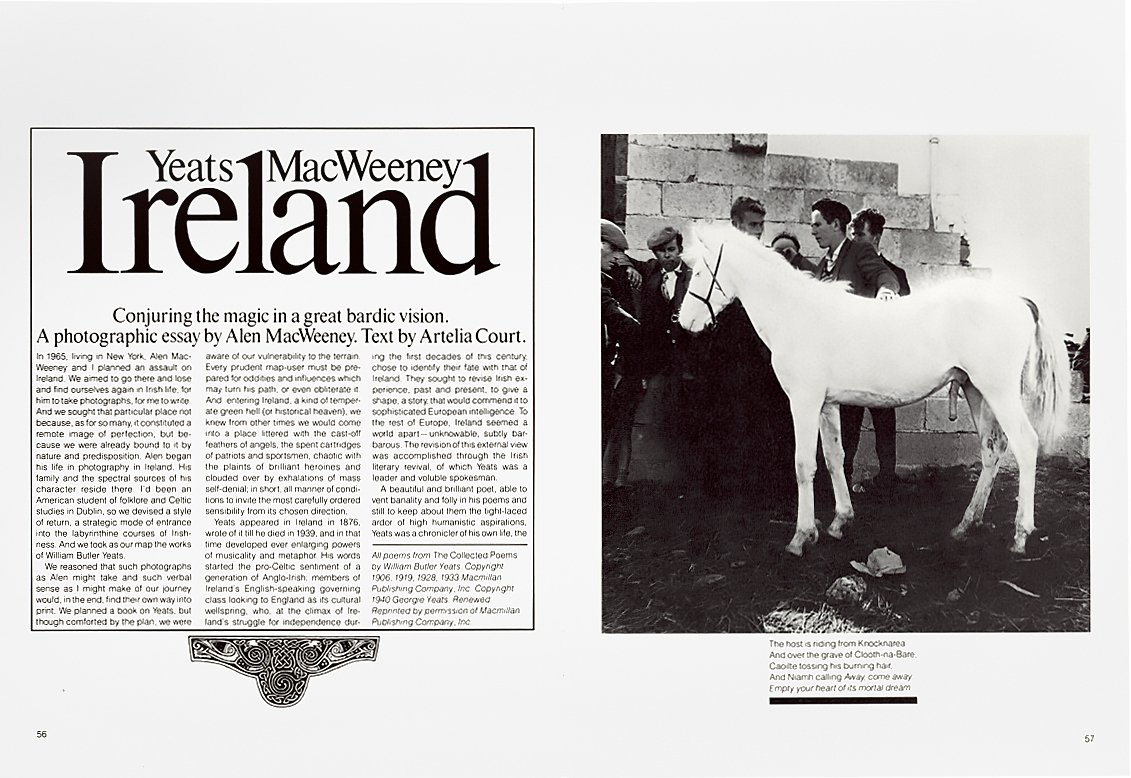
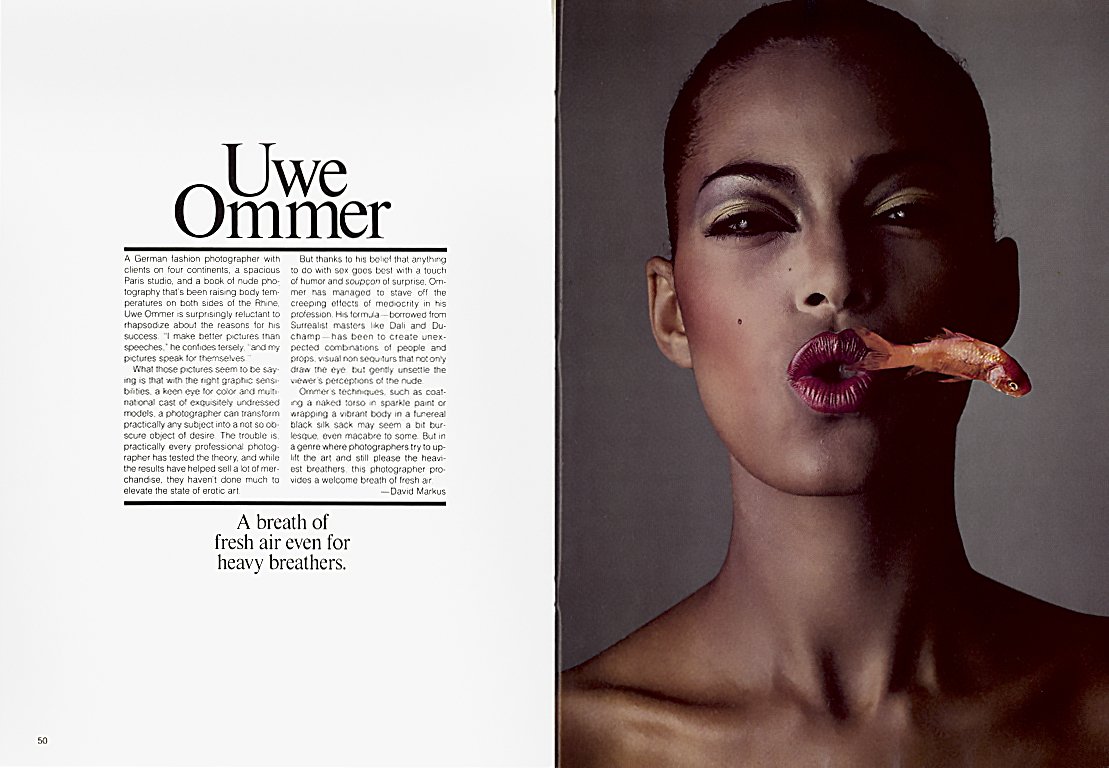
George Gendron: Were you looking for a job? What were you doing?
Will Hopkins: I was just … I was trying to find out what to do.
Mary K Baumann: One of the things that Will has told me is that on the last day, everybody was trying to get people jobs. So there were a lot of phone calls being made. Everybody was concerned about that. And you said that you were on the phone trying to get people jobs. Douglas Kirkland told me that he came in and he immediately got his images out of there.
Will Hopkins: Yeah.
Mary K Baumann: He took his images because they were donating the photography to the Library of Congress. For example, all of Paul Fusco’s images went to the Library of Congress and once they were in the Library of Congress, it was like hell to get them back out. But Douglas had all his images, so that was just a very interesting aside.
George Gendron: Yeah, That is really interesting. So back then having possession of the actual images was 99% of the IP battle, right?
Mary K Baumann: Exactly. So, I mean, Paul Fusco later—or was it Jimmy Karales?
Will Hopkins: Yeah...
Mary K Baumann: ... who did a lot of the very important civil rights images. He could only get ten of his images out at a time in order to make prints of his negatives. Which was difficult.
George Gendron: The reason I’m so interested in this is because when I was at New York, of course that was, you could argue a spinoff, right, of the magazine. The Sunday magazine for the Herald Trib. And when former Herald Trib people talked about the last day of the Tribune, it sounded like people talking about the death of a family member. I mean it was really, really traumatic for people.
In his memoirs, Jann Wenner talks about the last days at Rolling Stone and going into an office that had been his office for 30 years. And little by little, the place is literally, physically being dismantled. So I wonder whether anybody at that time had the sense that as Look closed, Life closed, this was the beginning of the end of an era, in a way.
Will Hopkins: Yeah. I’m sure it was.
Mary K Baumann: The other interesting thing is I came to know the Look people much later. But it was very much like a family. And they would always gather around stories and writers would work with the art director to lay out the story so you knew what was going on in the story. So there was a level of collaboration that was very key. The other thing is that Look had a room where they put all the layouts up on the wall, and the story was not considered for the magazine until it was laid out.
“They took me to the South [of France] and dined me and wined me, and I had a great time. But I don’t know how much I made from that.”
George Gendron: It makes sense the minute you describe it, right? For a magazine that was as visual...
Mary K Baumann: And when I was at the monthly Life we had closings on Monday and we would often be doing stories on Monday that would close that day.
George Gendron: That’s extraordinary. Well, talking about how visual that magazine was, I have to talk about a magazine that was just so important and influential, and that’s American Photographer, where you were not just the art director or design director, you were a co-founder. And I’m curious about how that came to be.
Will Hopkins: Well, Sean Callahan asked me...
George Gendron: Sean had been an editor at Look?
Will Hopkins: No. At Life. At Life...
George Gendron: Oh, at Life. That’s right...
Will Hopkins: … And he was like a junior editor at Life. And he had a friend, Alan Bennett, and they got together to form this magazine. And they asked me to be part of it. And I jumped in. And it was, for a while, quite fun.
George Gendron: Presumably you had your own studio at this time, right?
Will Hopkins: Basically, yeah.
American Craft, Minneapolis, 2013-2019

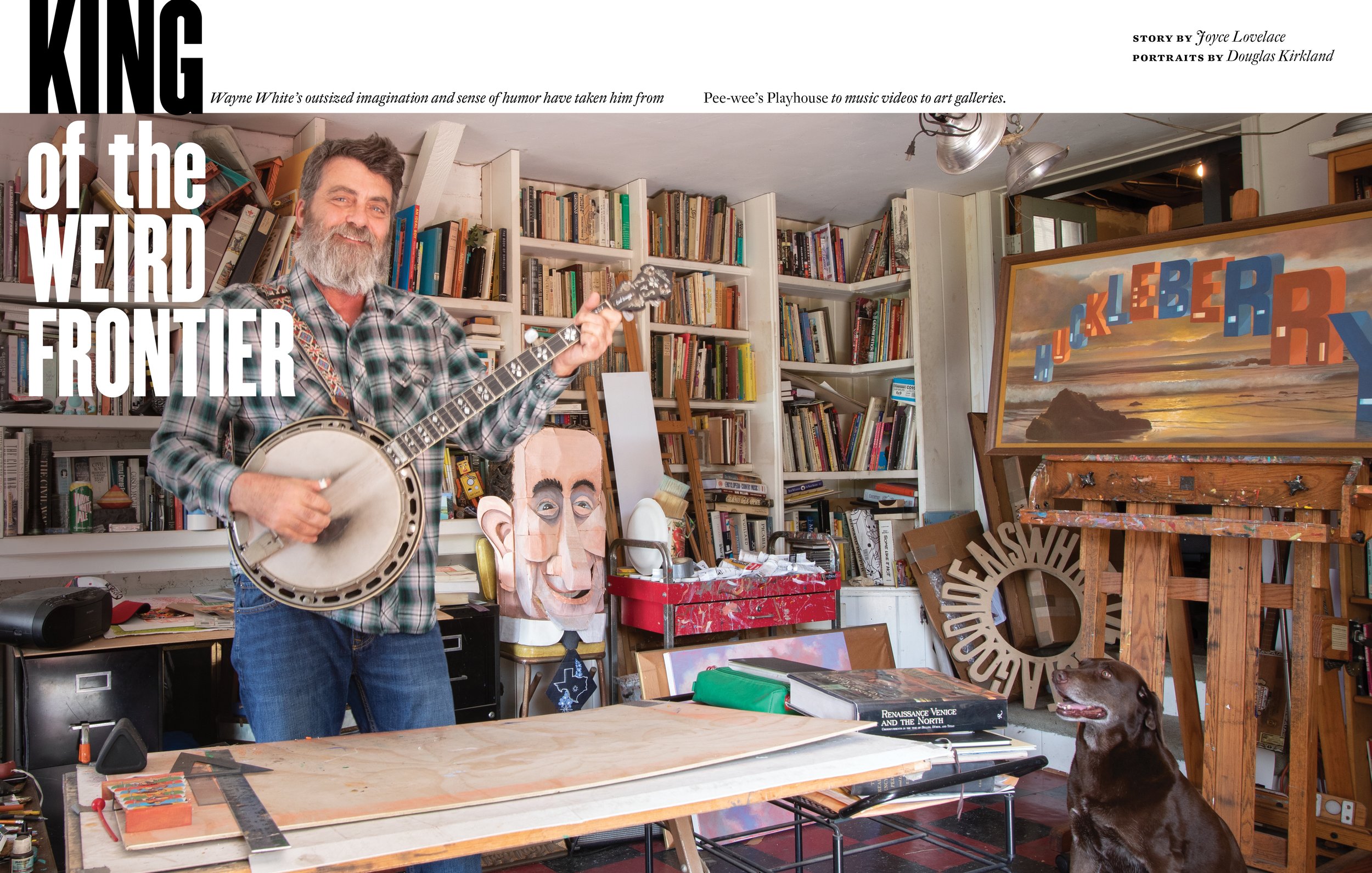
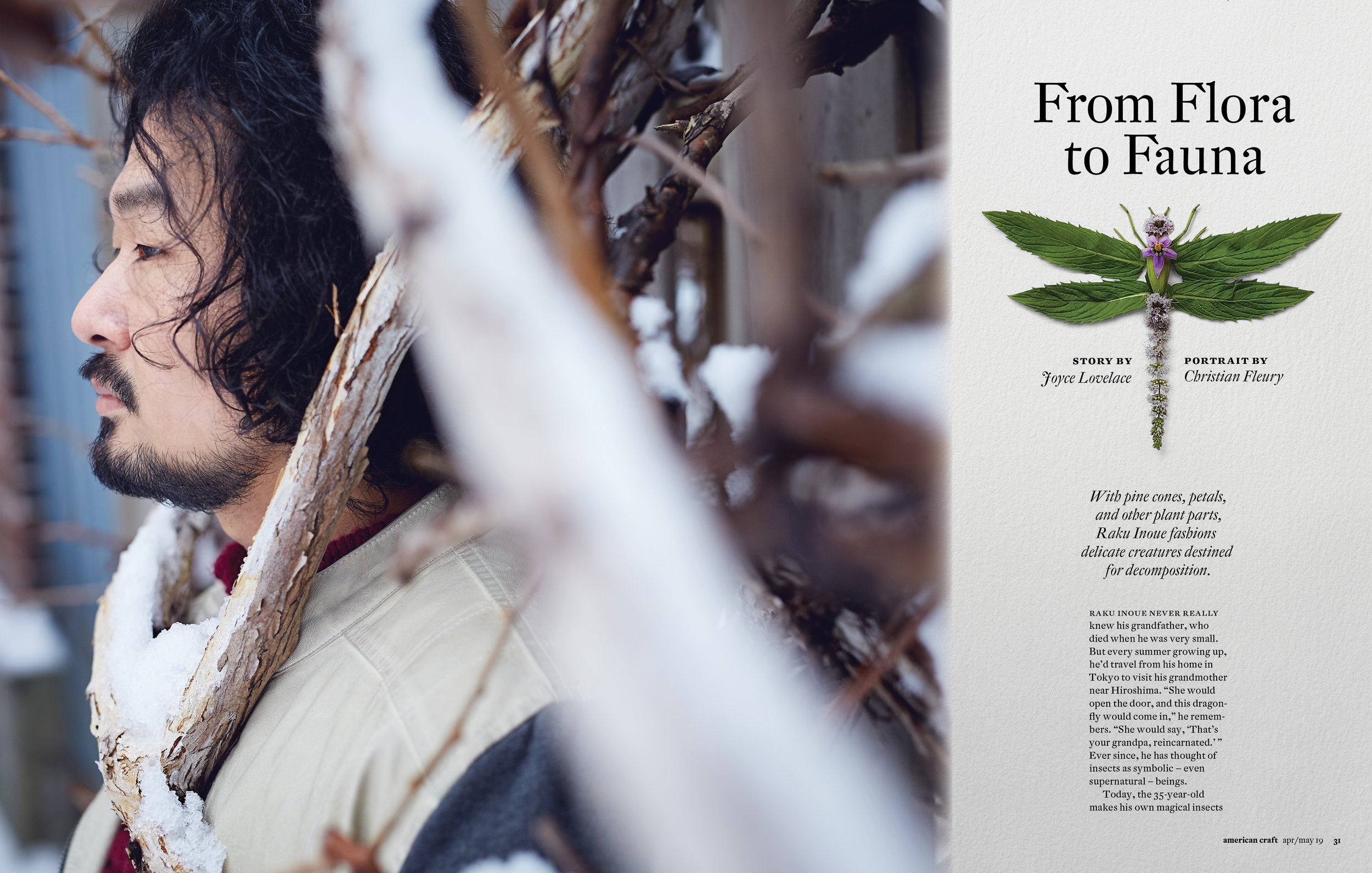
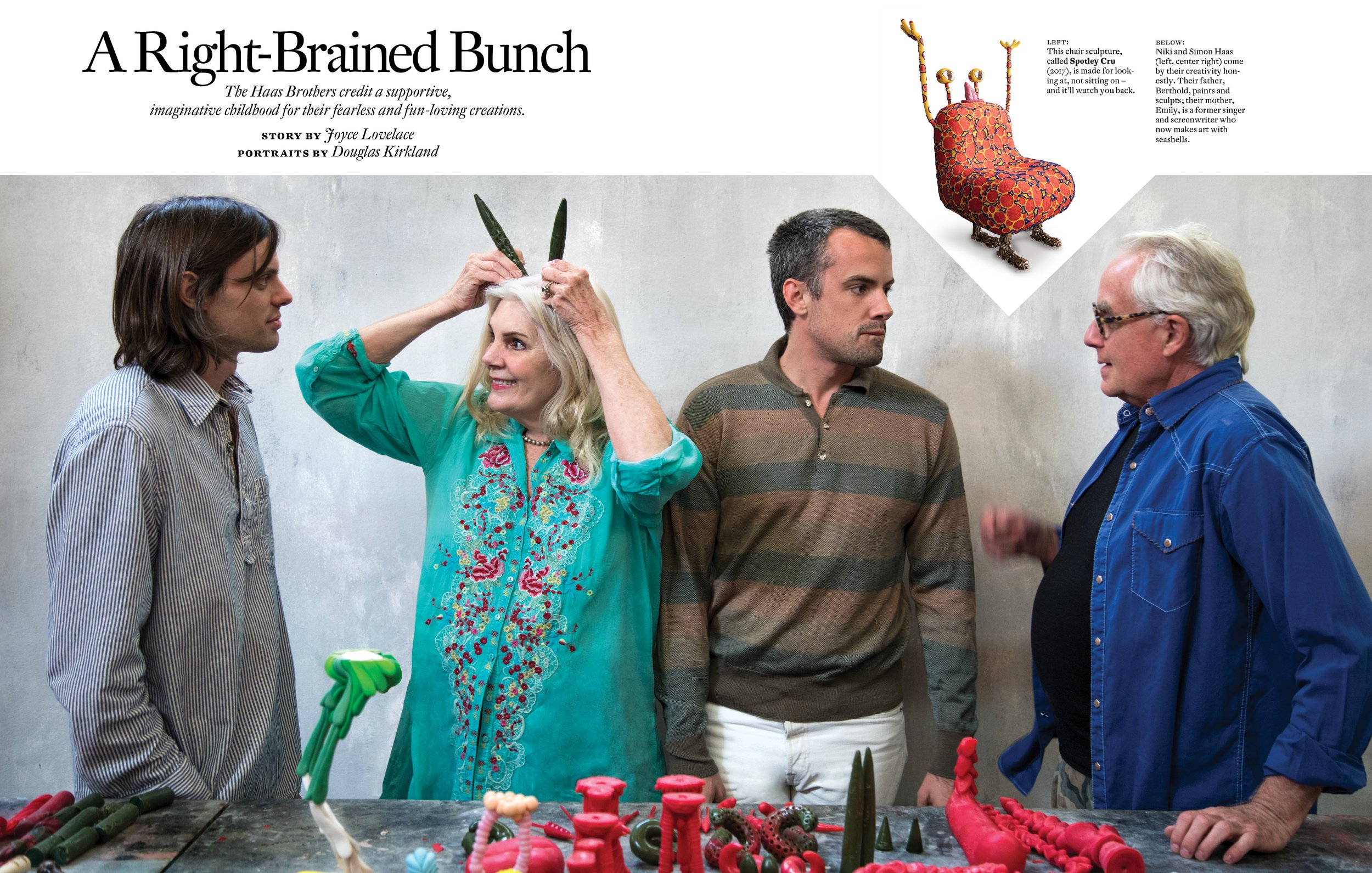
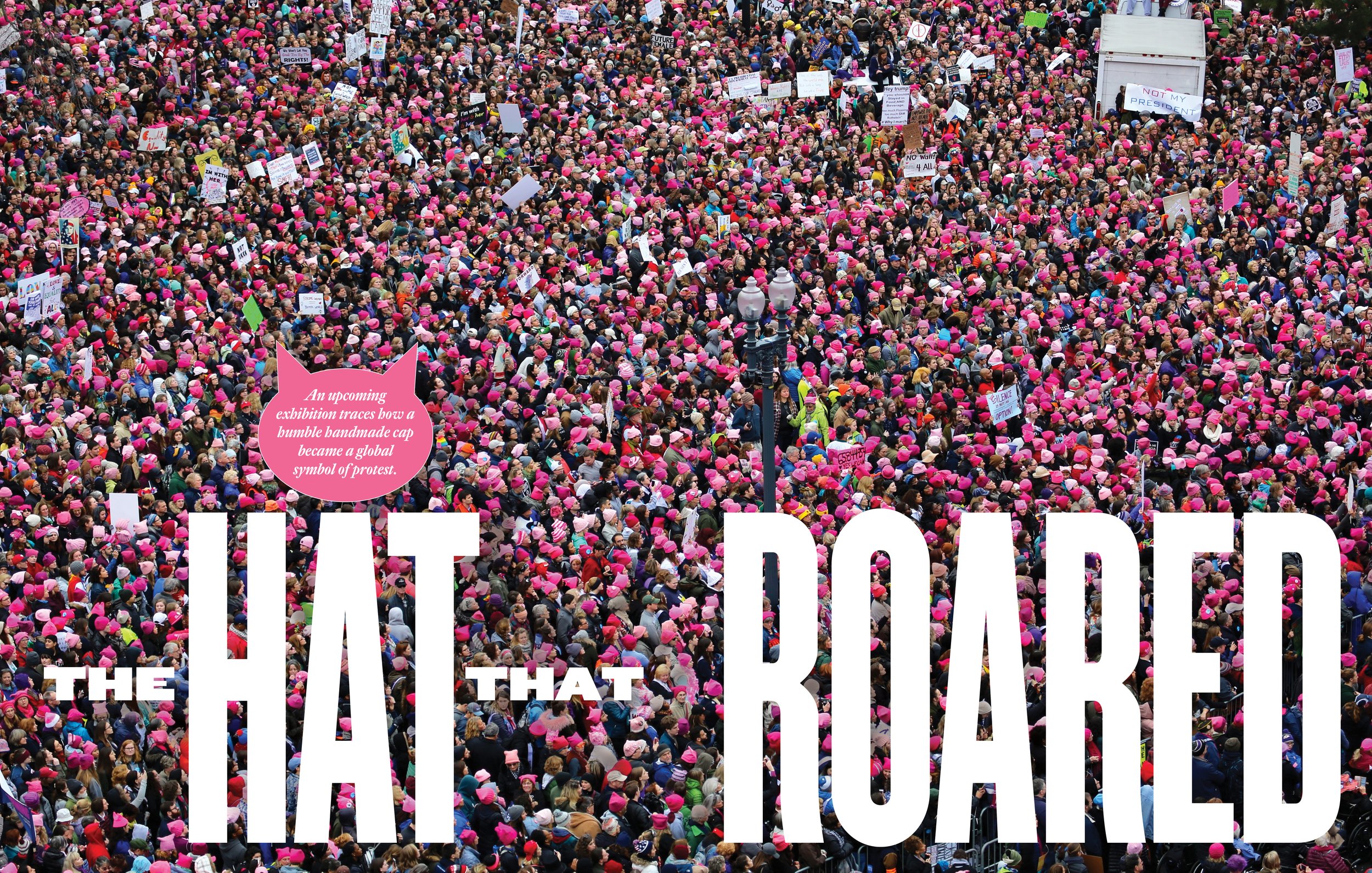
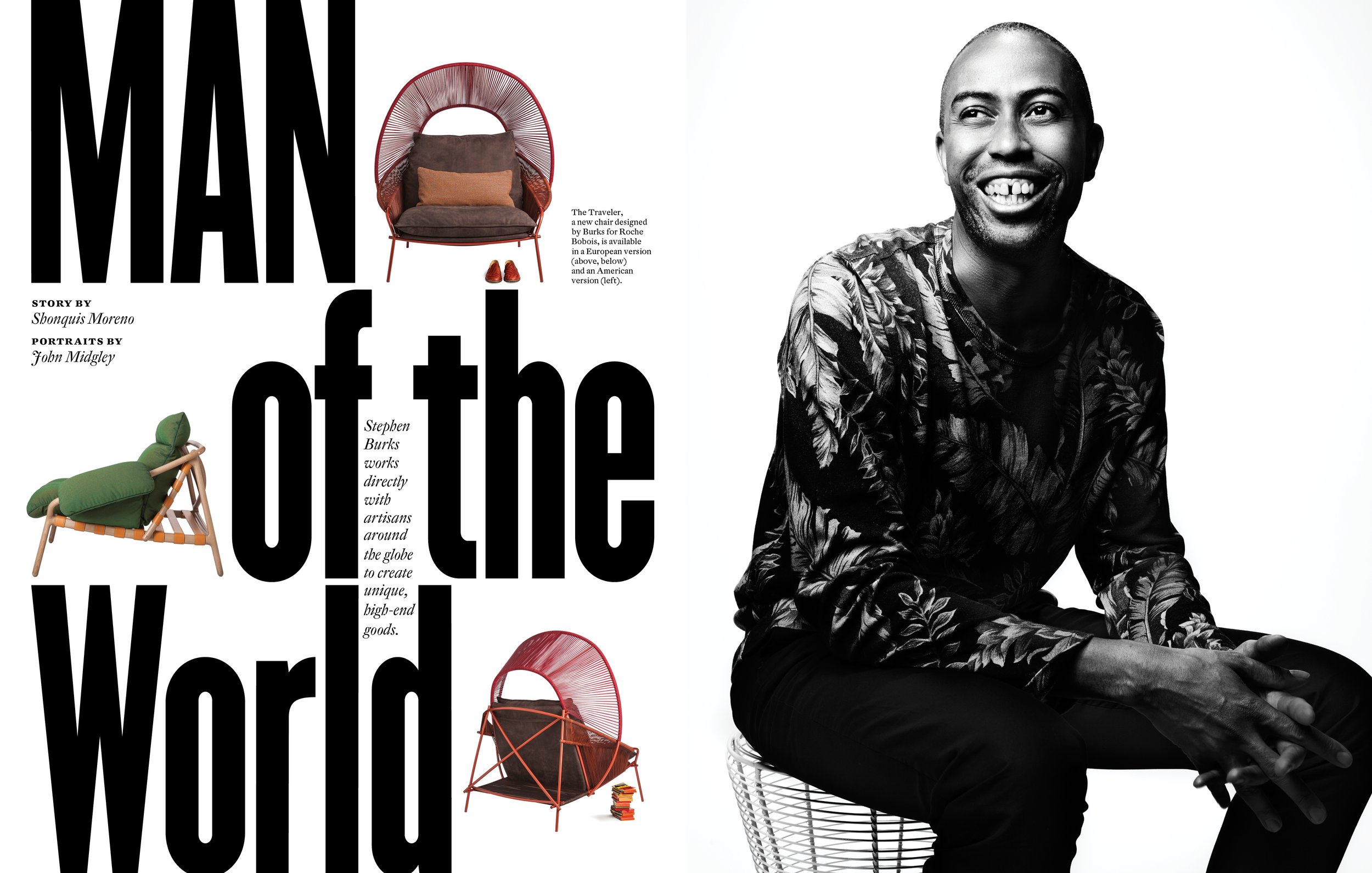
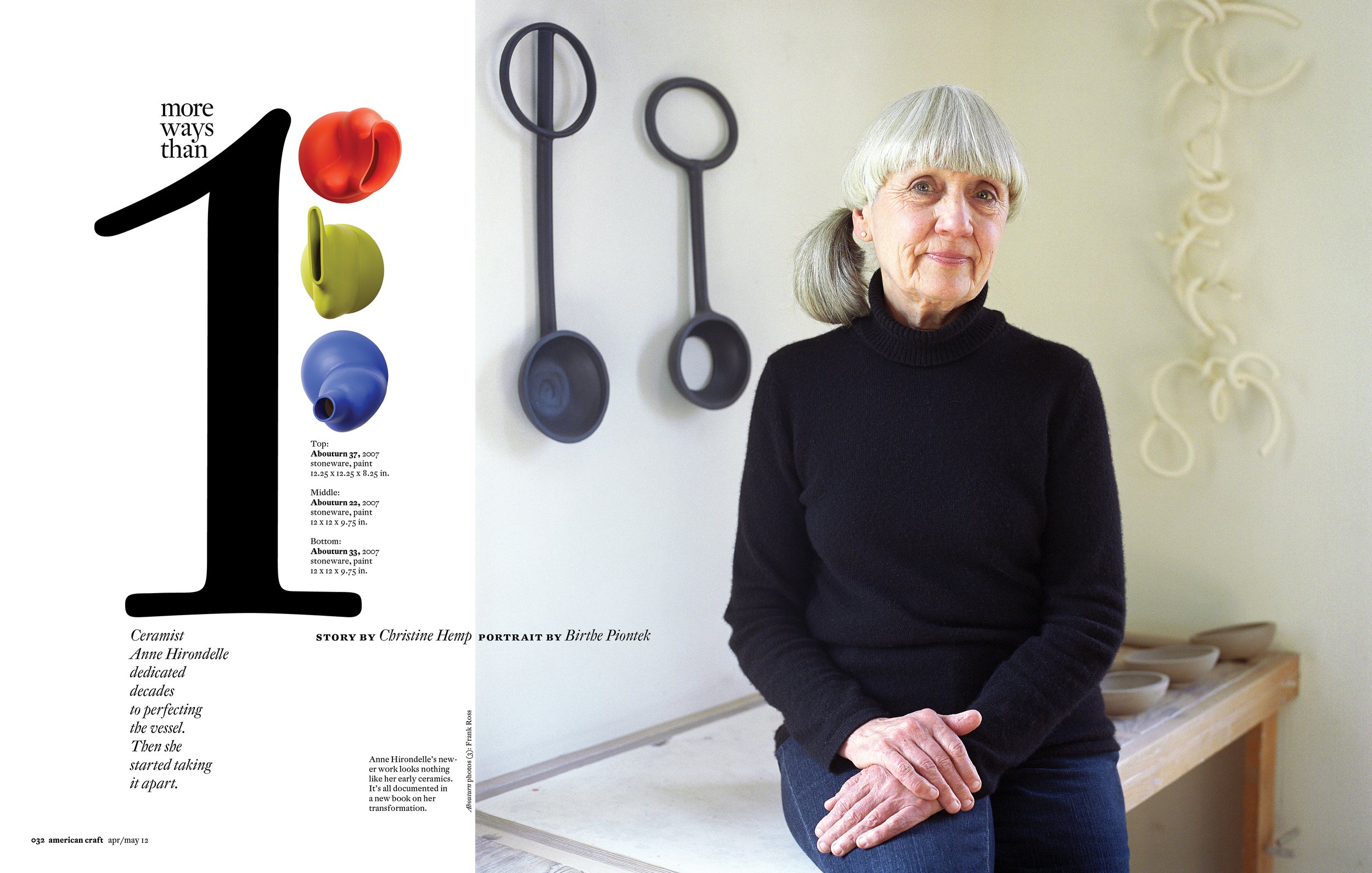
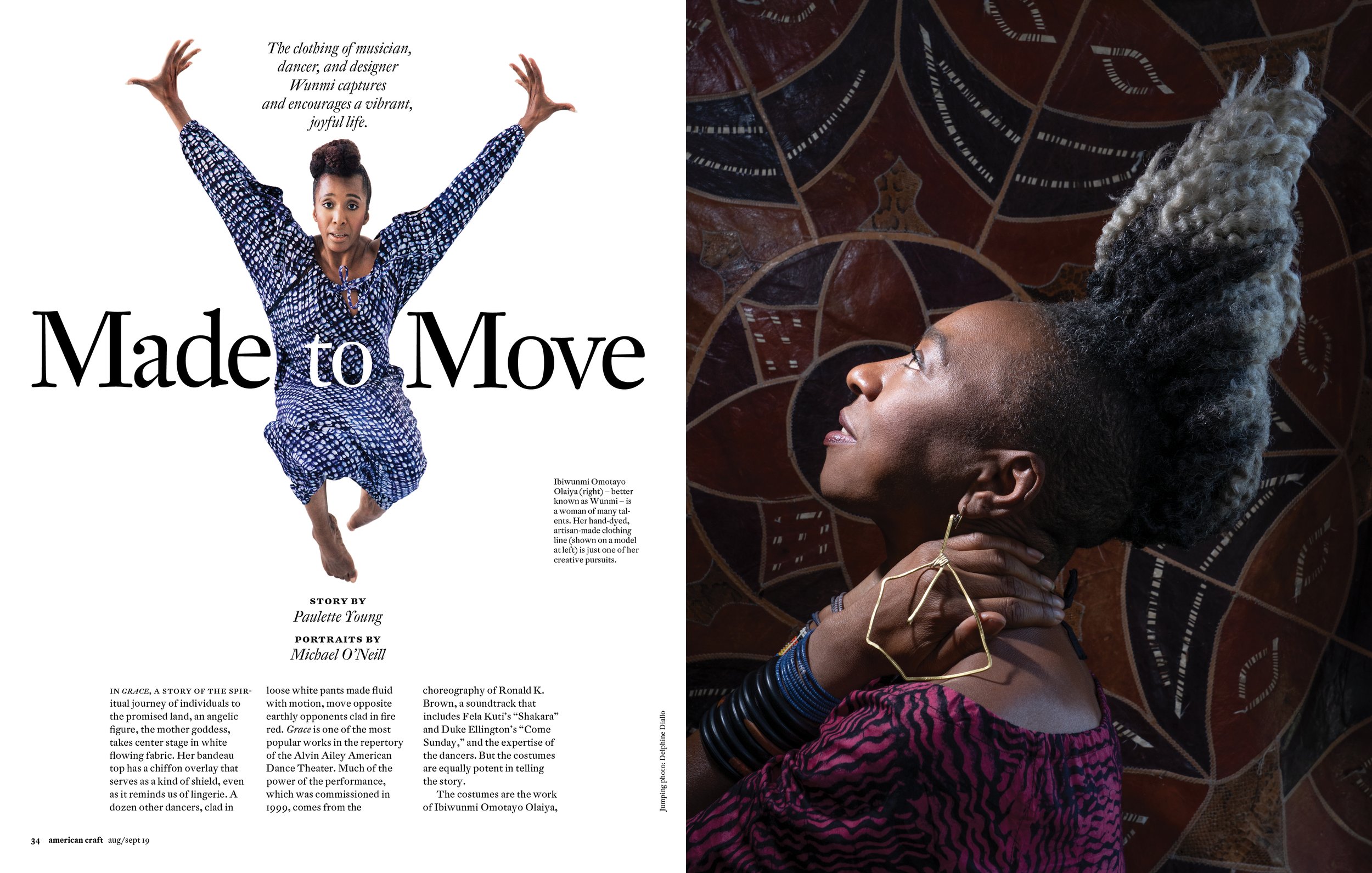
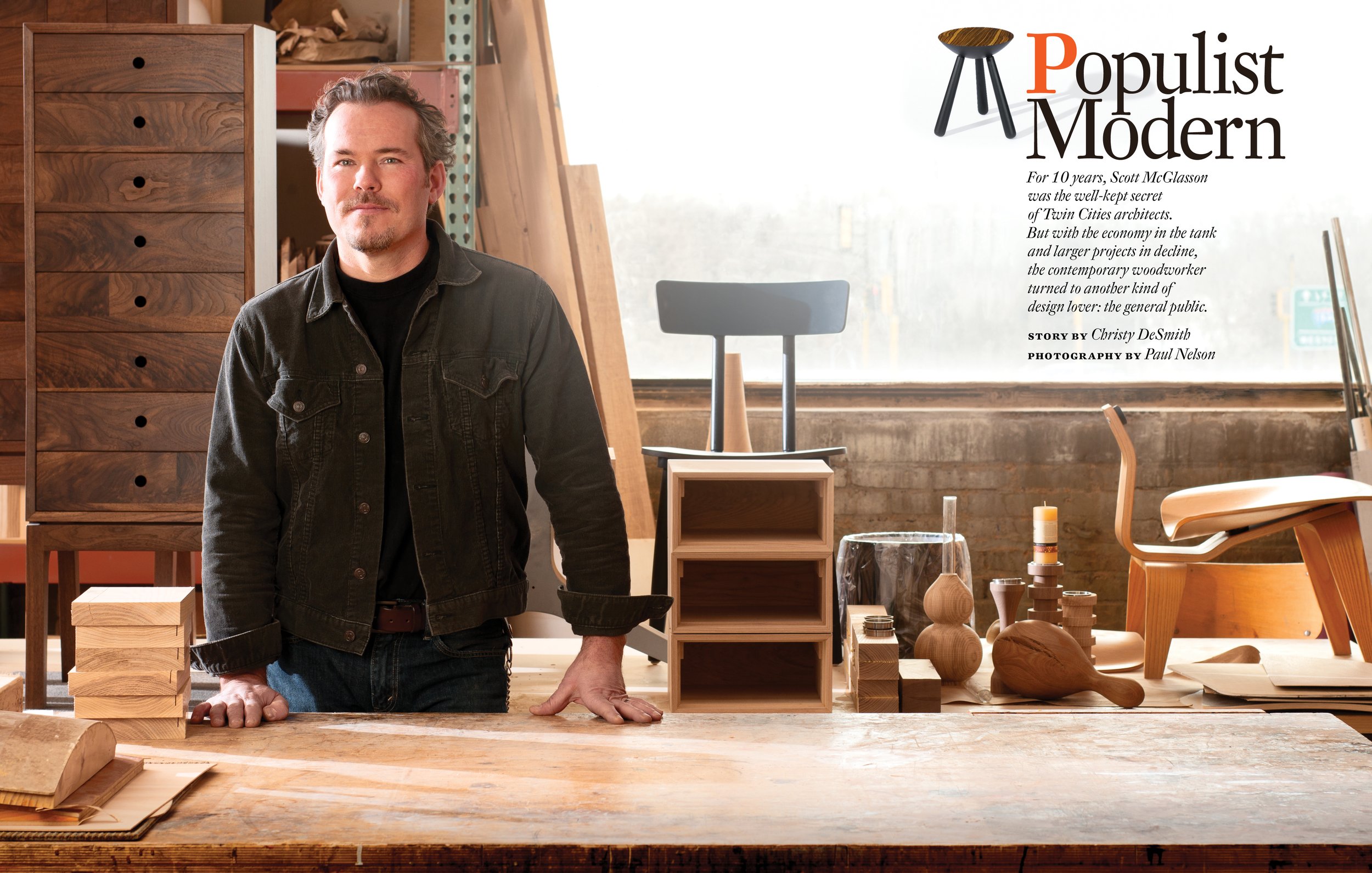
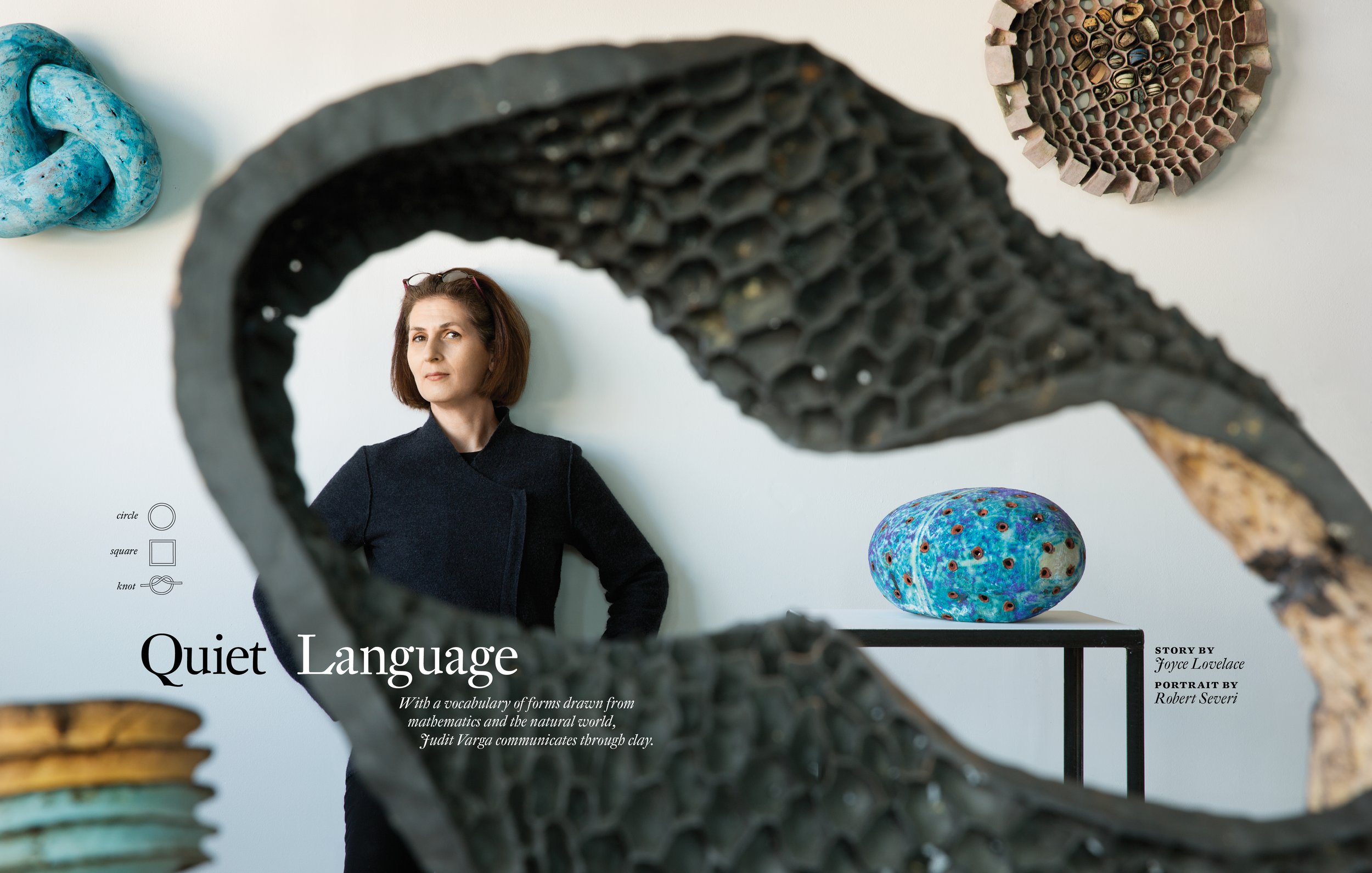

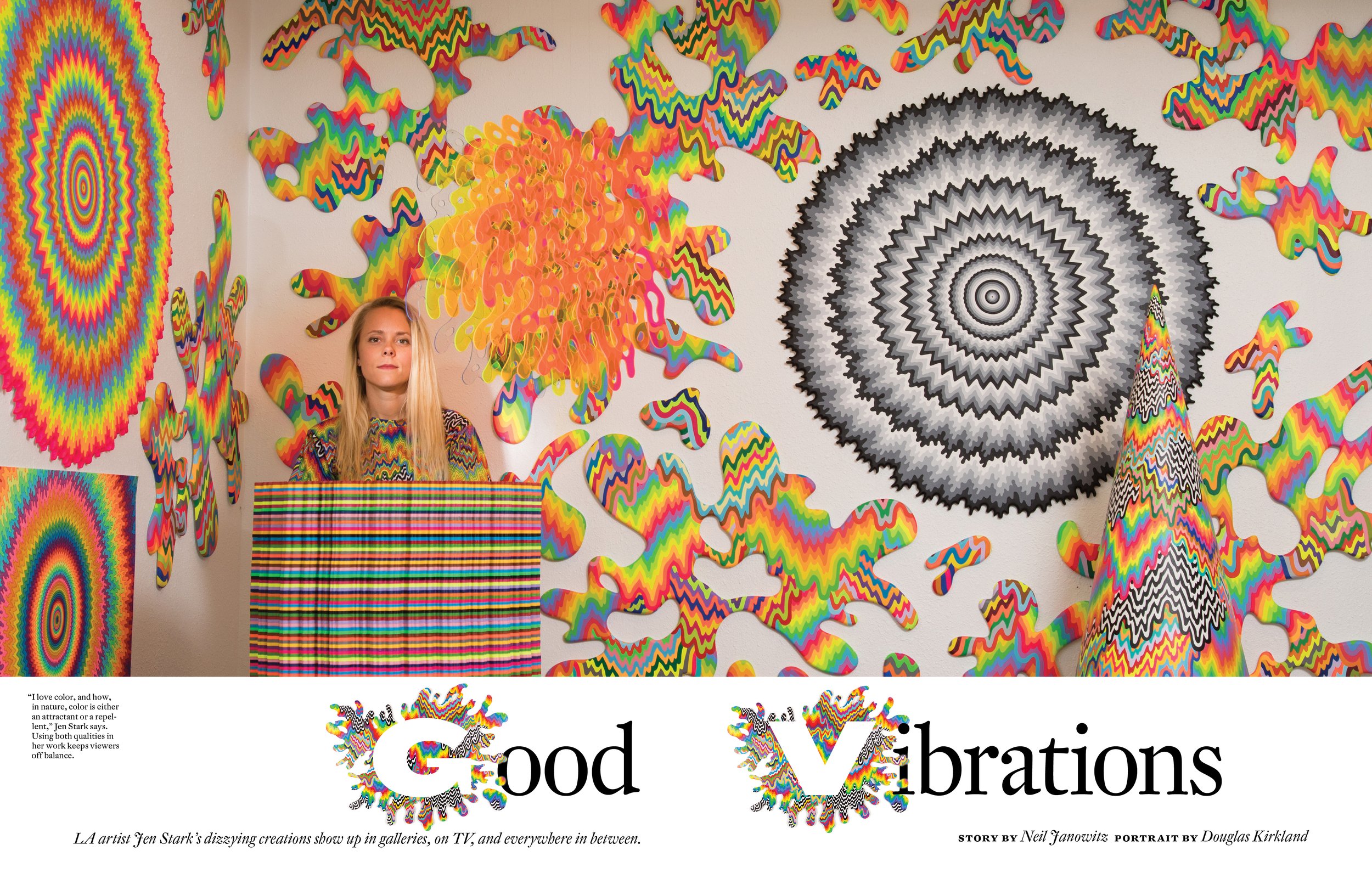
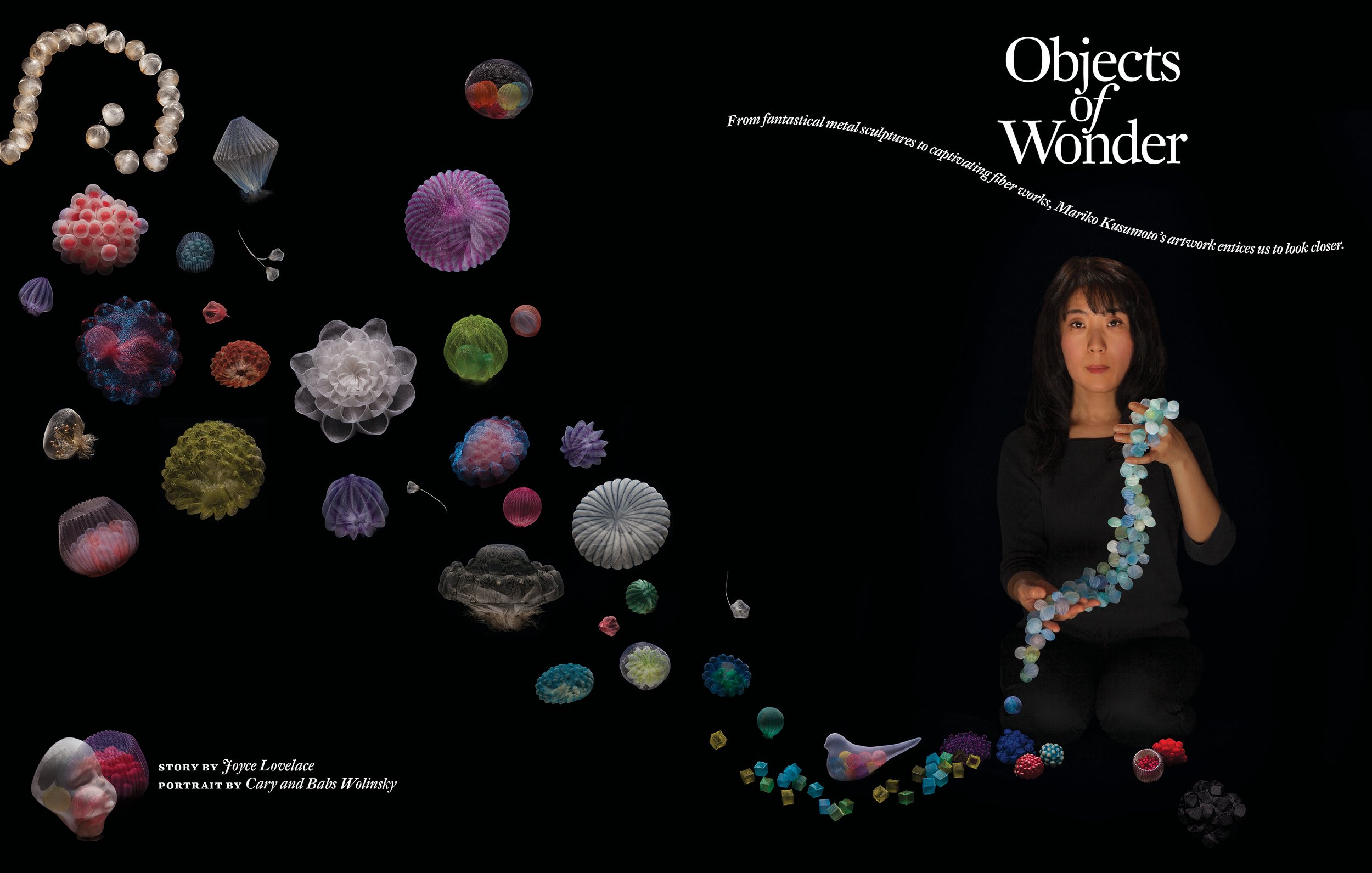
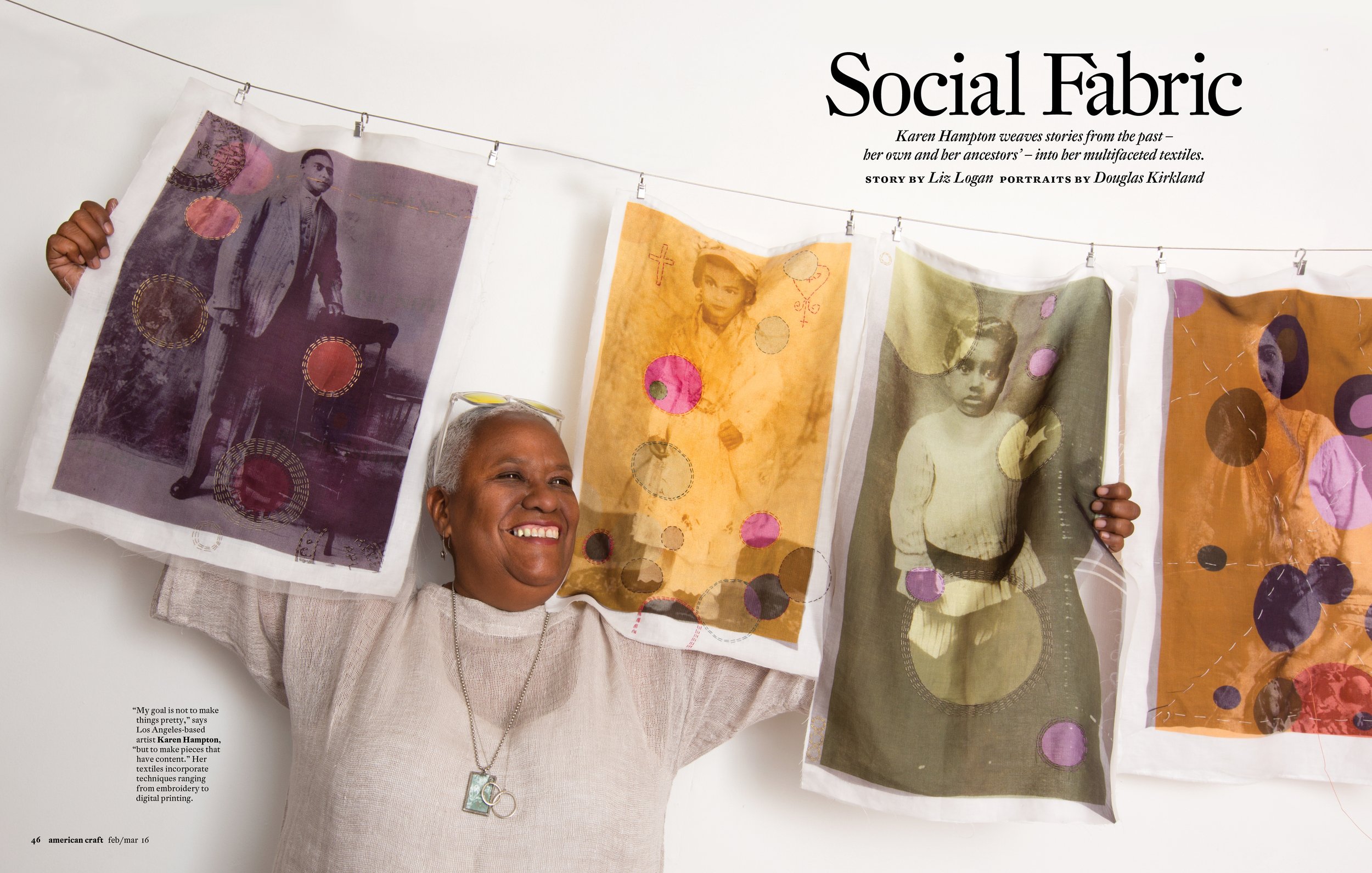
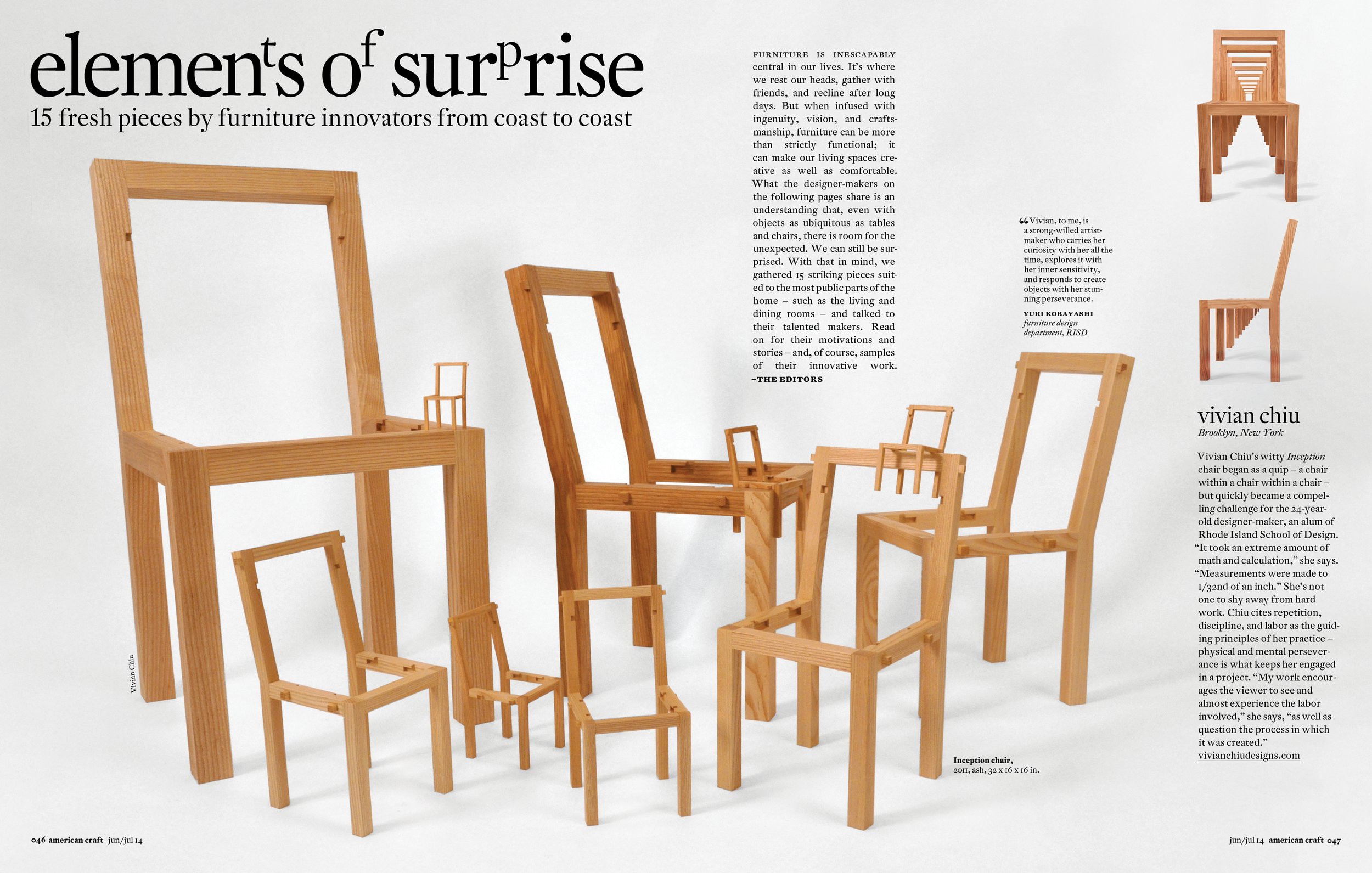
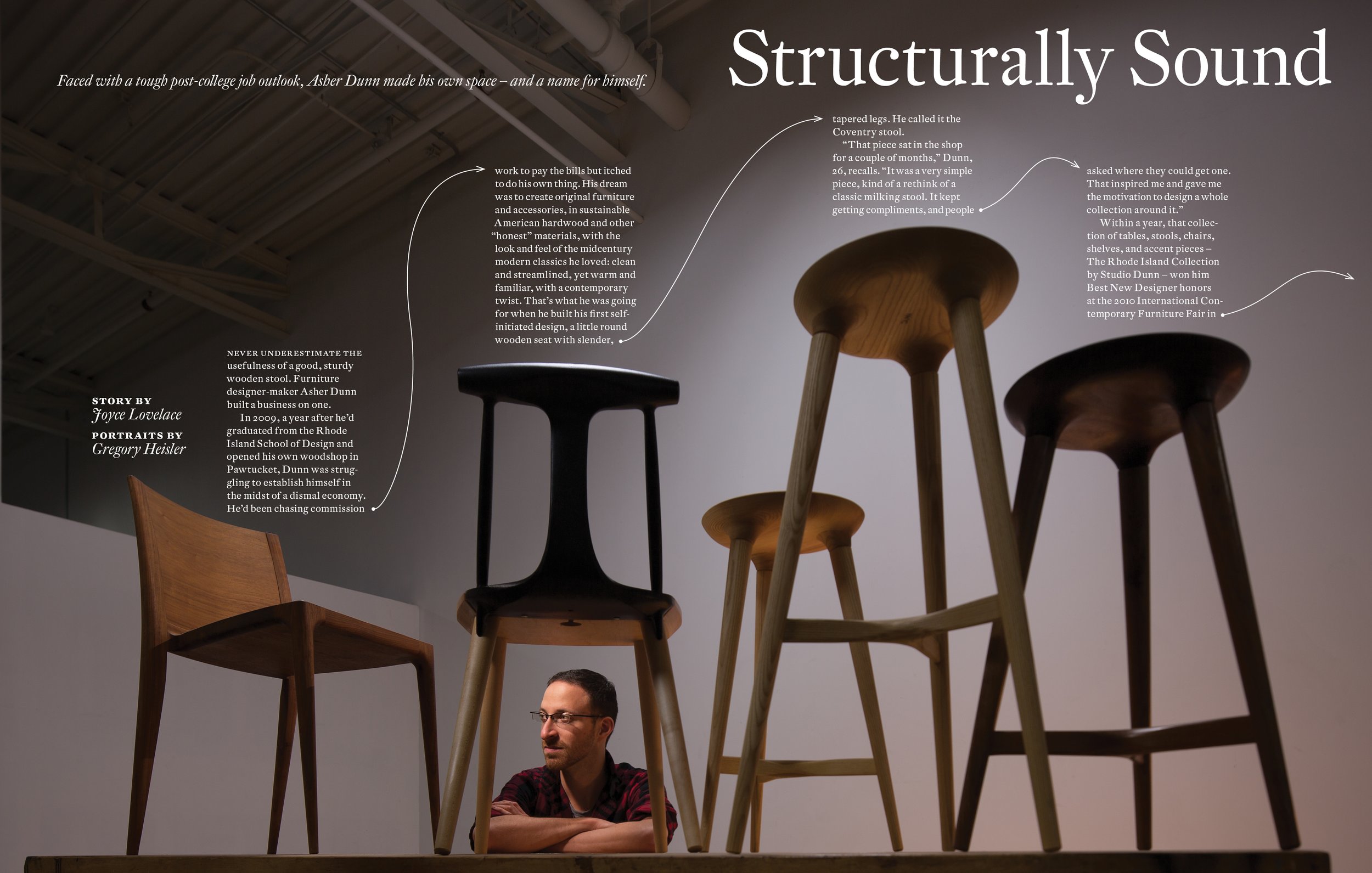
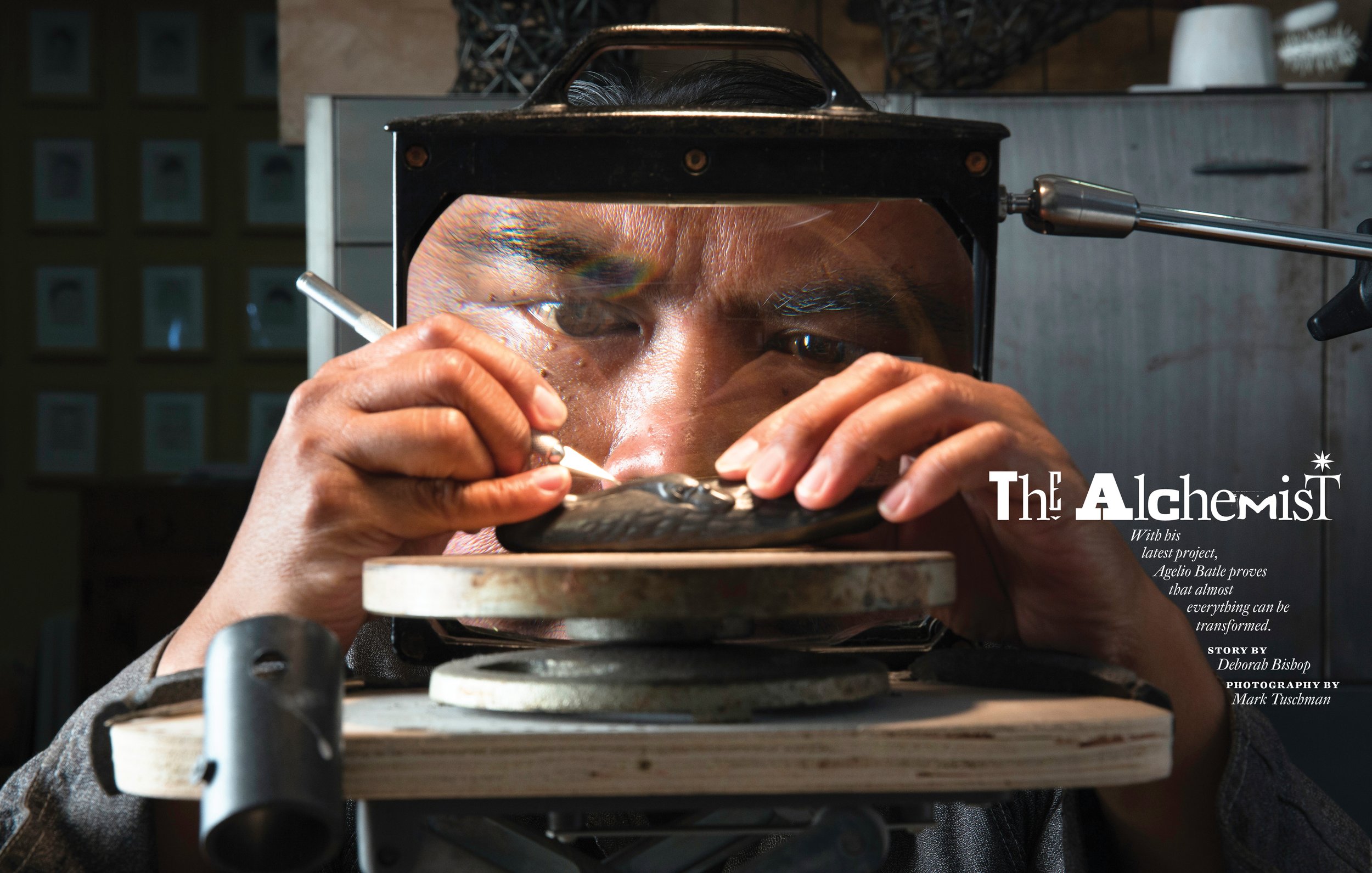
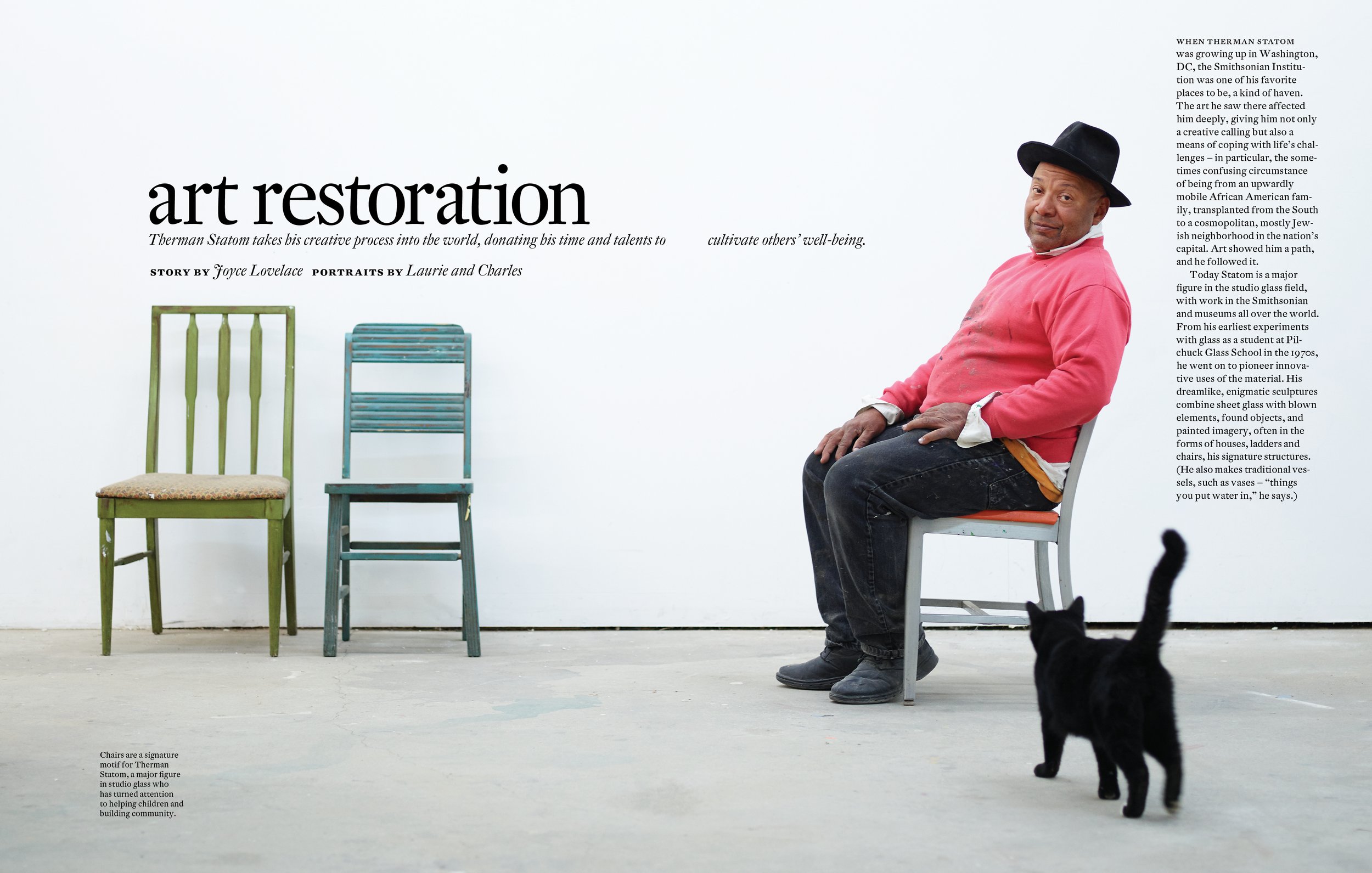

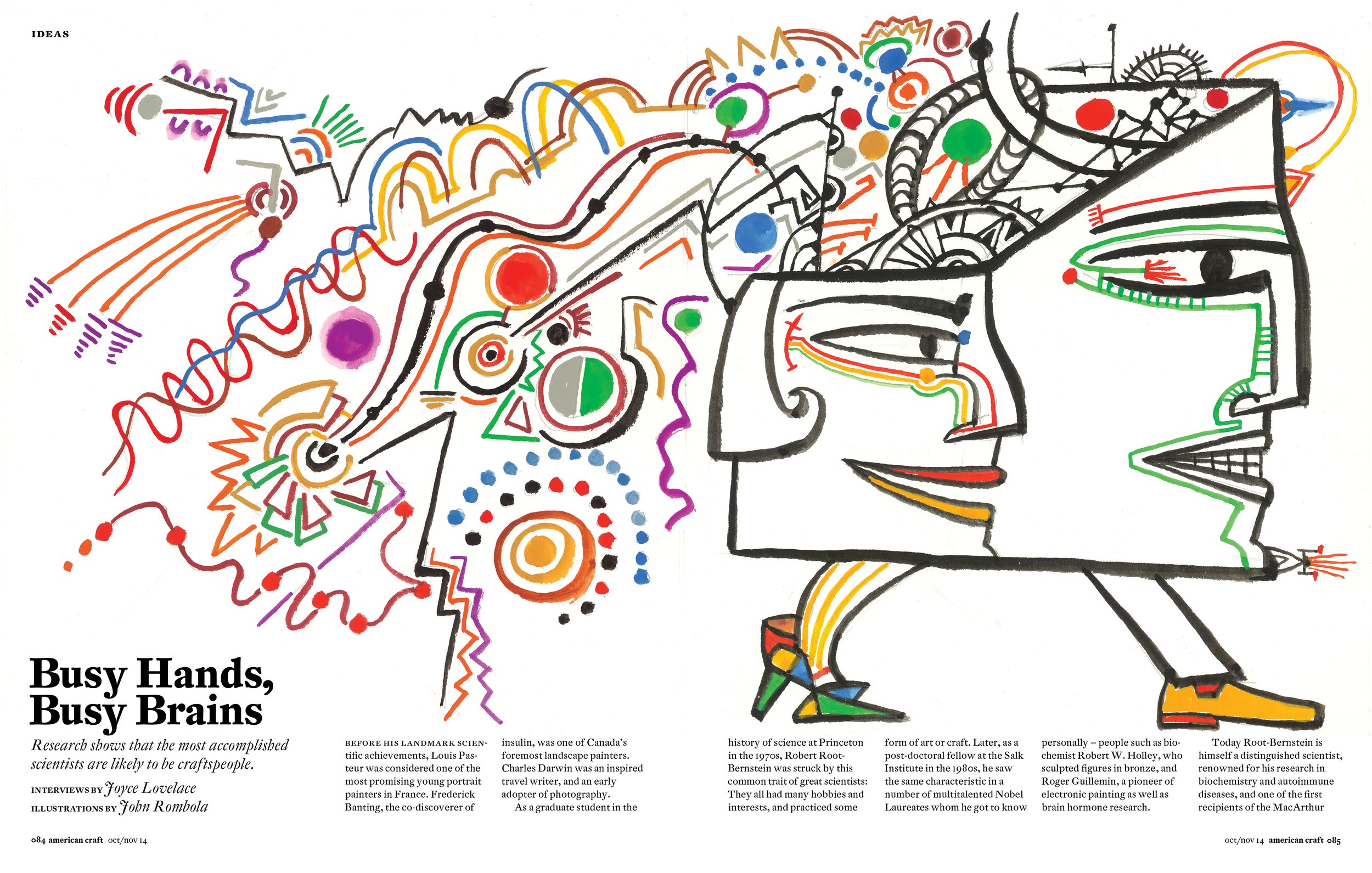

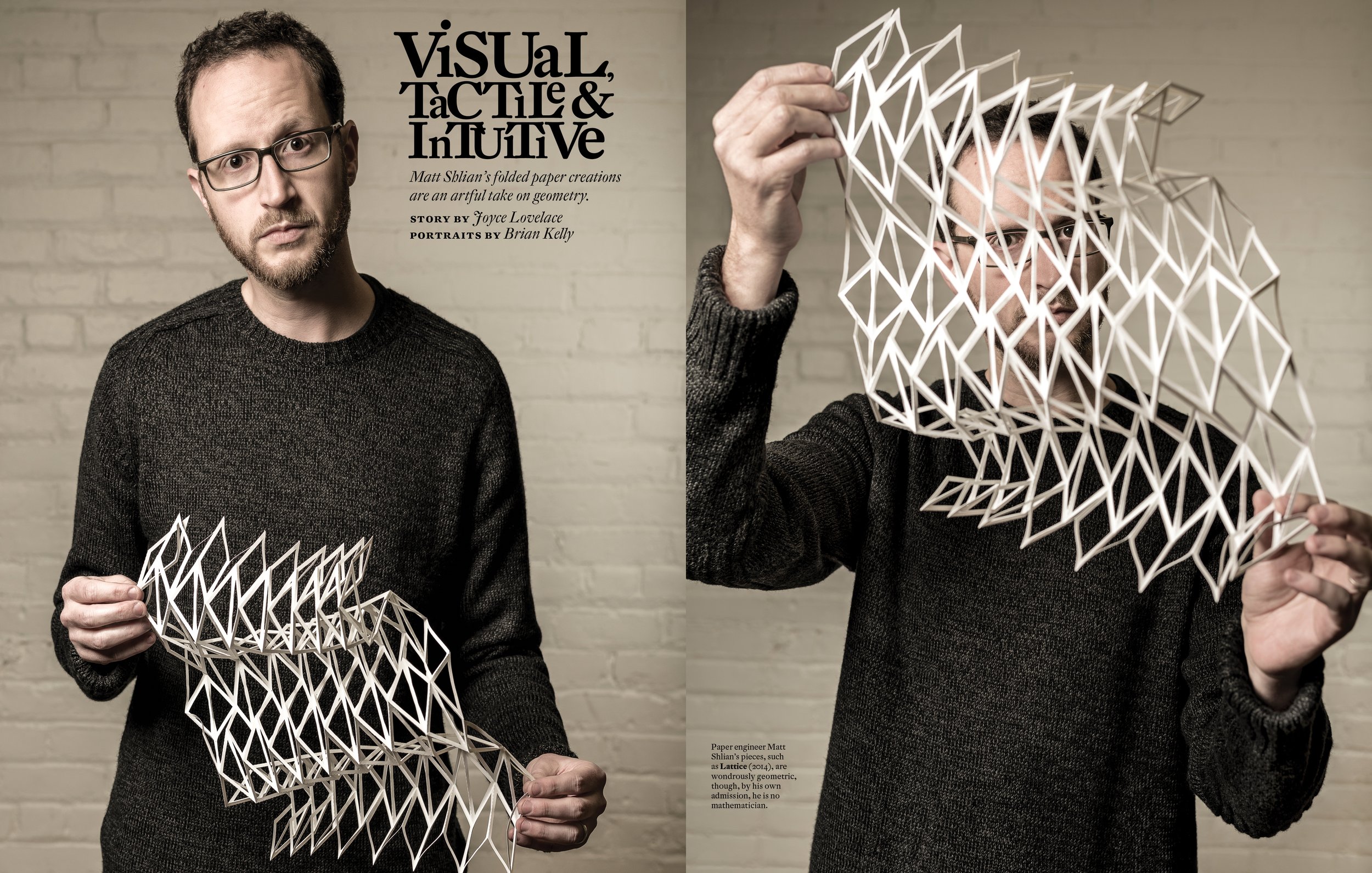
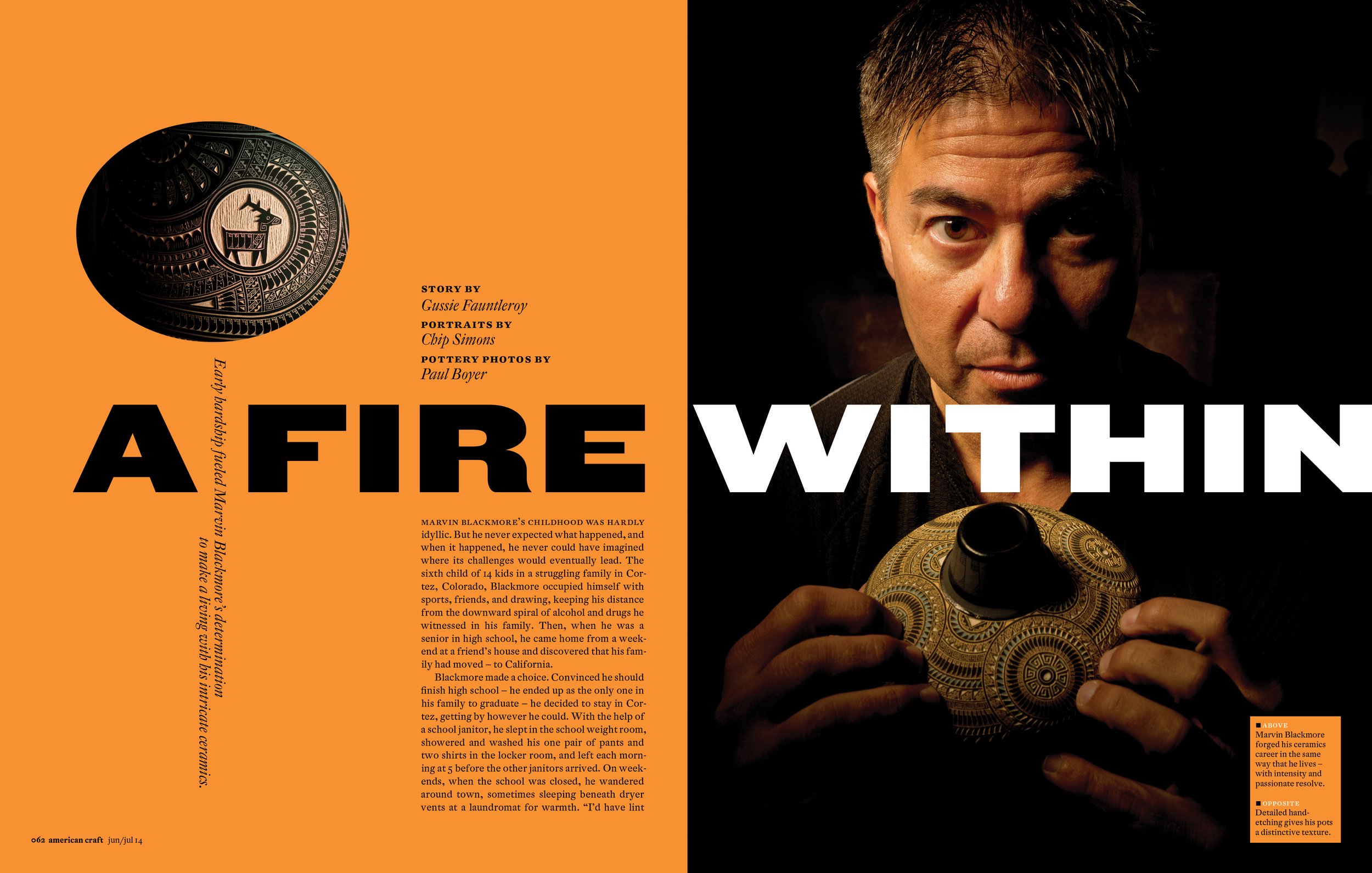
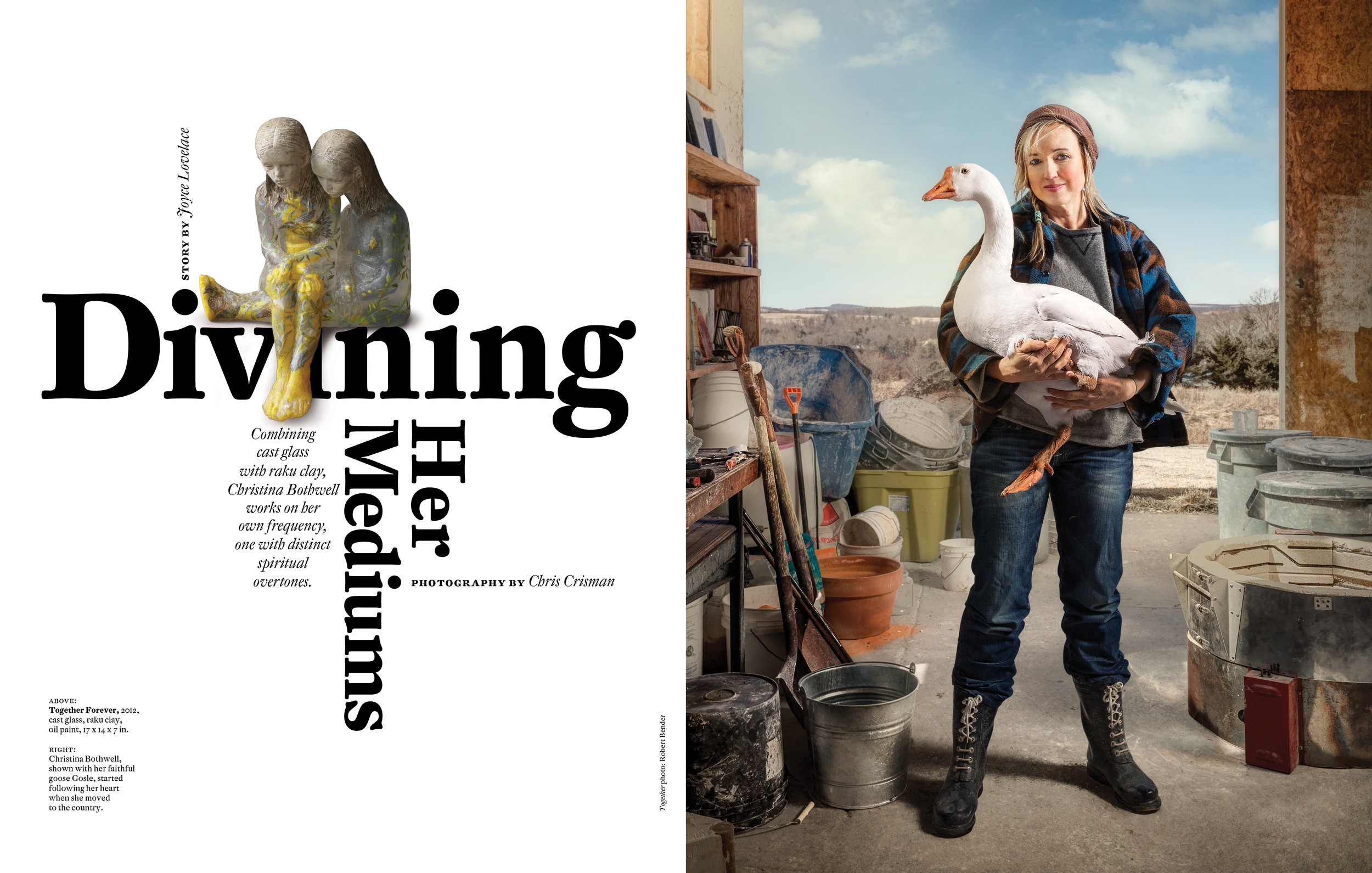
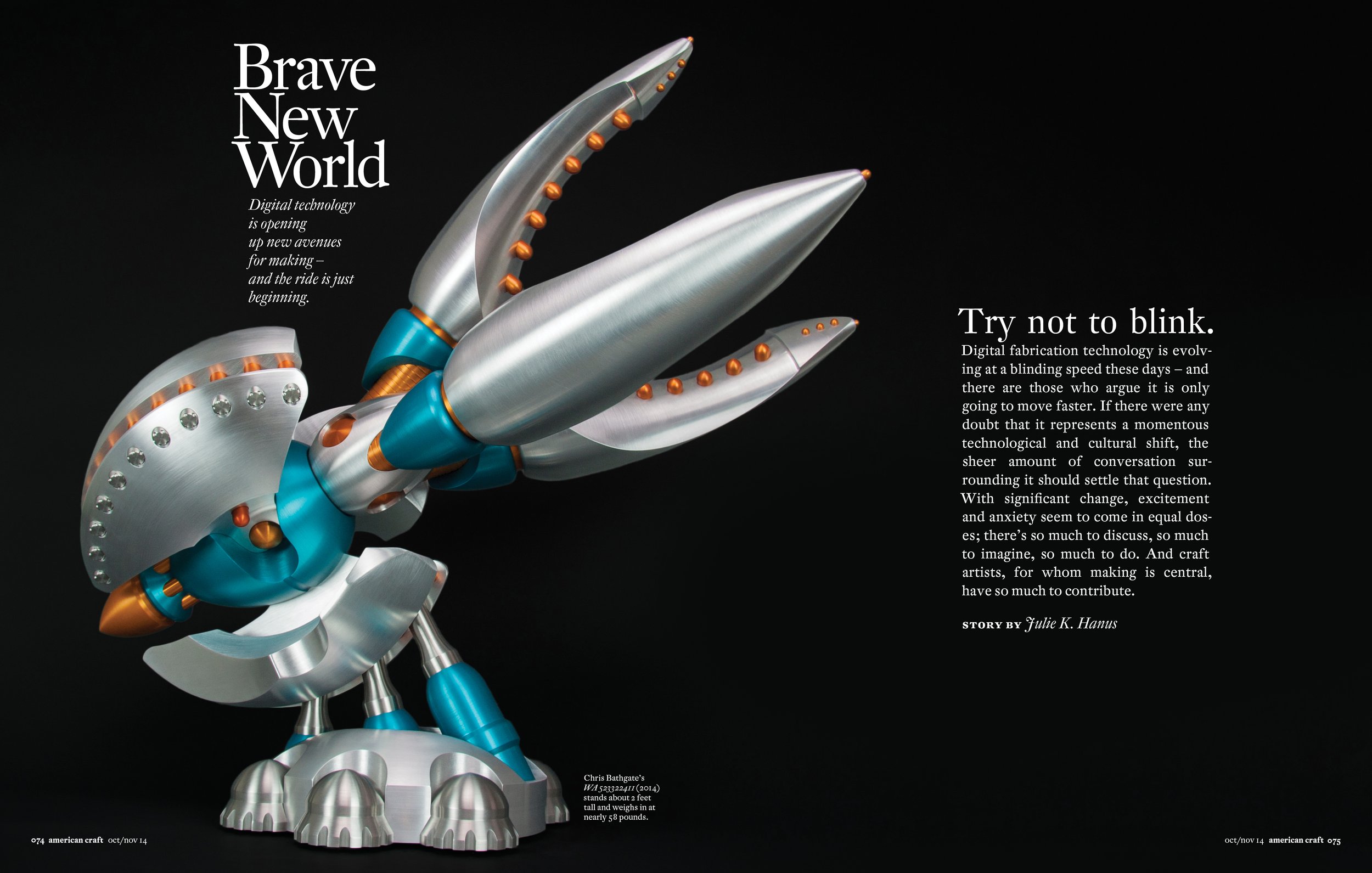
George Gendron: So I’m curious, when they described American Photographer to you, before there was anything to look at, how did they describe the magazine? What was the concept?
Mary K Baumann: You know at that point in time the photography magazines were all gear-oriented and this was much more focused on the image—the image, and the art of the image, and the philosophy of the image, and the concept of the image. It explored the act more of doing the photography from a mental state of mind versus just the equipment.
George Gendron: And just featured exquisite photography. The reason I asked was that some of us thought of this kind of as a reincarnation in a way of Look magazine, but about photography for photographers.
Mary K Baumann: I think that’s a pretty good description. The beauty of the magazine, I mean it was a real entrepreneurial effort. And it was started with very little money. My recollection is that Alan Bennett somehow got the money through Alan Patrikof and it was, like, $250,000, which is just unheard of. I don’t know how they did it, but he was turning that money over constantly.
Will Hopkins: Weekly!
Mary K Baumann: Alan Bennett was just brilliant at keeping it all together. But the other thing is, because it was a showcase, they didn’t have to pay for images. The photographers wanted to be in the publication. So you didn’t have that overhead of photography...
Will Hopkins: ...because we were doing stories about them.
George Gendron: It’s interesting though, when you talk about $250,000, I was trying to start my own magazine back then and it was a regional magazine, so I suppose you could argue that it shouldn’t have been quite as expensive as American Photographer, but the people warned me—including Alan Patrikof, who I pitched and had several conversations with about my concept—the problem with starting with too little capital was you would invest your time and energy and your capital and the premier issue and then you’d be out hustling for more money and the subsequent issues would suffer.
That is a miracle that you guys were launched on something like $250,000 and were able to sustain that level of excellence. That makes some sense to me because I was following both that and American Health at the same time.
Will Hopkins: ...Haha! T George [Harris]!
Mary K Baumann: We used to joke that Will could only do magazines with American in the title...
Hopkins in his studio at 14th Street and 5th Ave, in Manhattan. The American Health offices were downstairs. Photograph by Michael Robert Soluri
George Gendron: Well, you were doing that, but you were also doing redesigns of Forbes, Sports Afield, Architectural Digest. I think you did L’Express in France. Do you mind if I ask, I’m just really curious for all of the designers who were out there right now, what did you guys charge for redesign back then? Just ballpark.
Will Hopkins: Oh, well, I don’t know. It wasn’t a lot.
George Gendron: Well, it’s, it still isn’t a lot. [Laughs]
Will Hopkins: I mean, it wasn’t. I don’t have any idea of what it was. But they took me to France and dined me and wined me and took me to the South [of France] and all that kind of thing. And I had a great time. I don’t know how much I made from that.
George Gendron: Yeah, that’s the French. I was trying to acquire—this is after that time period, but when I was running Inc.—a magazine called L’Entreprise, which was Inc. in France, and the same thing—they wined and dined me. I couldn’t believe it. And they would take you sailing and they would, they reminded me of the Japanese. It was kind of like, “Well, we have to get to know you before we can even consider doing business with you.” And then at the end they refused to sell it to me.
But I look back, that is one of the most enjoyable courtships I ever had professionally. So here you are, you are the quintessential New York designer, and then you leave.
Will Hopkins: Mm-hmm.
George Gendron: You leave New York and you go to Minneapolis. Did your bride, or future bride, have anything to do with that?
Mary K Baumann: We were married at that time and we were partners in our firm, Hopkins/Baumann. And we were doing, on a regular basis, a children’s magazine called Kids Discover. And we were trying to do a number of book projects. This was after 9/11. And I’m originally from Minnesota. And we said, “You know, we’ve got to think about getting out of New York. It’s getting too expensive and we can really work anywhere. So we found this great loft on the Mississippi River, on the northside of Minneapolis, and bought it and moved out here and have not regretted it since.
George Gendron: Is that the place that Patrick and I saw when we were out there with you?
Mary K Baumann: Yeah.
George Gendron: That place was spectacular.
Will Hopkins: Yeah. We love it.
Mary K Baumann: So we can live and work here—and hopefully die here. And, I mean, the interesting thing about being—and you probably not being in New York—when we were in New York, all of our friends were in publishing in some way, shape, or form.
Here our friends are architects, doctors, teachers, photographers, and other people too. But it’s a much more, I guess, realistic way of living. It’s not so much focused on just one industry.
George Gendron: Yeah, I understand that. Well, even here in Boston, I have to say, it can lead to a kind of professional “bubble” that you’re in, in terms of, you know, your friends are other editors and designers, illustrators, photographers, and so on. And, I don’t know, I have to say, selfishly, I’ve always found those people to be extraordinarily interesting to hang around with.
But I’m curious when you guys, well, I guess since you announced to your friends and colleagues that you were leaving, and this is post-9/11, that probably didn’t come as quite the shock because there were a lot of people who were thinking about whether they wanted to stay in New York at that point.
Mary K Baumann: We thought that people would say, “Are you out of your mind?” But they didn’t. They said, “Minneapolis? Oh, that’s a good idea.” Coincidentally, we were living in a building on the west side called The Apthorp which is one of the great west side buildings. And it had been sold and they were going to turn it into condominiums.
And we were in a rent-stabilized apartment and, I think, paying $1,700 a month for 2000 square feet. And they were going to sell our apartment for $4.5 million. We said, “They’re gonna try and get us the hell out of here.” So that was another motivating factor to move.
George Gendron: So we’ve talked about a small town in Arkansas, we’ve talked about Munich, we’ve talked about New York, Chicago, Minneapolis. I’m curious whether either or both of you feel that location kind of has an impact on people who are creating print products.
Will Hopkins: Oh, I think it does.
Mary K Baumann: I don’t know so much anymore. I mean, it certainly has expanded. I don’t think it’s as New York-centric as it used to be. However, I mean certainly the talent in New York is... oh, I don’t even know if that’s true anymore.
We did this magazine called American Craft, which was a bimonthly. And we had people working all over the place. We had great photographers in every city that we needed. So I think you can really do it. I don’t know if there’s the business acumen outside of New York for publications.
Books & Miscellaneous Works
George Gendron: No, that’s interesting. I hadn’t thought about it quite from that perspective. We were talking recently with Dorothy Kalins about Metropolitan Home, and she was talking about how interesting it is to take a look at a magazine like Inc., that was very much influenced by its founder, Bernie Goldhirsh, who was a graduate of MIT and was really enamored of innovation and entrepreneurship. And Fast Company was very influenced by the fact that its founders had worked at the Harvard Business Review. Wired, out in San Francisco, impacted obviously by the fact that you had the birth of the PC out there and kind of the concentration of technologists.
And so I’m not sure you could have launched Inc., or Wired, or Fast Company in New York given the unbelievable influence of Wall Street. It’s just something we think about sometimes. It’s that connection between where you are and where you work and the publication that you...
Mary K Baumann: I do think that the East Coast does dominate the news cycle.
George Gendron: Yeah. That’s interesting. Will, I’m curious, going all the way back to where we started this conversation in a small town in Arkansas, did that play a role in your career in any way? Was that an advantage for you? And I asked that because we were talking to Kurt Anderson about Spy magazine and Kurt made the comment, you know, it’s ironic when you think about Spy and how urbane a magazine it was in many respects. Kurt comes from Nebraska and Graydon Carter comes from Canada. And so we got into a conversation about how their naïvete about New York was actually a source of competitive advantage. They weren’t part of that crowd. They didn’t want to be a part of that crowd.
Will Hopkins: Yeah. I could see that.
Mary K Baumann: Knowing Will, and being from Minnesota, when I moved to New York, I felt it was an advantage not being from New York, because I was humbler. I wasn’t as arrogant. I was curious. And I think Will has that same quality. People liked you.
George Gendron: You’re pointing out something that’s true, which is, if you grew up in New York or around New York, a lack of humility and arrogance were considered to be sources of competitive advantage.
Will Hopkins: Right? Exactly. Exactly. Yeah.
Mary K Baumann: You know, people would always tell us that we were approachable. We would see people and we were kind to people and we were good with our employees and all those sorts of things. Which, I think, maybe not coming from New York, it was definitely true in both of our cases.
George Gendron: Yeah, I can see that. The first time I ever actually met you face to face was when Patrick and I were out doing a presentation for your event, and you know, by the time we got on the plane to come back, I felt like I had known you my whole life. As I do now!
Mary K Baumann: Right. Exactly!
Will Hopkins and his partner in life and work, Mary K Baumann, continue to do client work from their loft overlooking the Mississippi River in downtown Minneapolis. For more information, visit their website.
Back to the Interviews
Design for the People
In this special episode we meet the creators of the 1980s/90s interior design juggernaut, Metropolitan Home: editor Dorothy Kalins and designer Don Morris.
For me, the 1980s comes down to two things: The Nakamichi RX-505 Cassette Deck and Metropolitan Home magazine.
First, the gear.
The Nakamichi RX-505 was an audiophile’s wet dream. It was prominently featured in the steamy 1986 film, 9½ Weeks. In a scene from that movie, Mickey Rourke walks Kim Basinger into his monochrome Hell’s Kitchen penthouse, where she glides through a living room full of furniture by Marcel Breuer, Richard Meier, and Charles Rennie Mackintosh. In the middle of it all, the Nakamichi opens, flips the Brian Eno cassette, and closes, automatically.
And now, the magazine.
Eighties movies featured a slew of inspirational apartments: Tom Hanks’ Soho loft in Big, Judd Nelson and Ally Sheedy’s Georgetown pad in St. Elmo’s Fire, Billy Crystal’s East Village flat in When Harry Met Sally. So when apartment dwellers from Des Moines to Manhattan asked themselves “How can I make my apartment look like the ones in the movies,” they turned to Met Home.
While the old guard, House & Garden, Architectural Digest, and House Beautiful, relished in displaying palatial estates and lavish celebrity spreads, Met Home was the design inspiration for the rest of us.
By the mid-80s — thanks to today’s guests: editor Dorothy Kalins and designer Don Morris — Met Home was the best-selling shelter magazine in America, boasting a higher circulation than all of them.
It was a magazine rich with design and lifestyle inspiration and beautiful apartments and houses, but Met Home was not a typical decorating magazine. Its stories were very personal and captured its subjects’ individual passion for the things that surrounded them.
But it didn’t last long. By the early 90s, thanks to a recession, Meredith sold Met Home to Hachette, who out-bid Jann Wenner’s Straight Arrow Publishers for the magazine. Hachette, though, was more focused on its own shelter book, Elle Decor, and left Met Home to languish and fade.
Kalins and Morris were gone, each off on their own new adventures.
For many of us, Metropolitan Home was a special magazine from a special time. A hopeful time. We were moving out — to dorms, first apartments, or starter homes. We bought affordable modern furniture from a brand-new Swedish big-box store called Ikea. We drank the New Coke while we played Donkey Kong on our Nintendos. We sang along with “We Are the World.” We watched Top Gun — the original — on our VCRs. And we paid an average of $375 (!!) a month for our rent.
Met Home gave its intrepid readers permission to indulge themselves in creating their own home design. And, as Morris says, “We helped expose people to a lot of design trends, but also gave them a sense of how they might be able to bring that into their own lives.”
Metropolitan Home chronicled an amazing period of design innovation. Its audience was hungry for new trends, products, materials, and tips, along with inspiration for travel, collecting, and entertaining. That said, the strongest covers focused on a singular theme to make the most impactful impression on the newsstand.
“People were living very differently and their values were different. They bought different things. They wanted to design differently. They wanted to cook at home differently. They wanted to share their homes with all kinds of different people. It was not going to be the Better Homes and Gardens lifestyle.”
Dorothy Kalins (Photograph by Roger Sherman)
Don Morris (Photograph by John Dolan)
George Gendron: I want to start by asking you guys a question that Pat and I have speculated about, and we’re wondering whether it’s just our imagination or whether there’s more than some truth to this.
Not only that, something big was happening culturally in the US in the late ’70s and early ’80s. So think of this as the Apartment Life/Metropolitan Home era. And something big had to do with these really profound changes that were taking place in how, maybe baby boomers, I guess I’ll use to describe who we were at the time — still are — how baby boomers viewed their homes.
And that changed expectations, I think, about what people were looking for in a magazine. And we, being such incredible fans, in particular of Met Home, often attribute, at least some of this, to what you guys did at Metropolitan Home. Taking a completely different approach to the home as it appeared in print.
At the same time, some of the people that I grew up with at Inc. Magazine, like [Gordon] Segal at Crate & Barrel, often refer to this period, not that they had started Crate & Barrel — Segal started it in ’64 — but this was a period where, all of a sudden, Crate & Barrel started to really take off.
To the extent that I know my Pottery Barn history, the same thing was true there.
Dorothy Kalins: Yep.
George Gendron: Part of this had to do with kind of accessible housewares — really well designed maybe for the first time, but talk to us, before we get to the magazine, talk to us about what was going on in the zeitgeist that you guys were a part of and a leader of?
Dorothy Kalins: Well, to give credit where it’s due, the editors of Better Homes and Gardens and the publishers who were — Better Homes and Gardens was the biggest magazine in America and it was published out of Des Moines, Iowa — a bunch of very professional, but very conservative people were our bosses. The editor and publisher of Better Homes and Gardens kind of thought that perhaps the children of the Better Homes and Gardens readers would not be readers of BH&G.
And you’re right. It really is a baby boom idea. Our generation didn’t want to live like our parents. I mean, the fact that we have turned out to be more like our parents than not is something else altogether. But there was a huge rebellion. And we were not them.
And to their credit, they started a magazine out of the special interest division of Meredith called Apartment Ideas. They had a special interest magazine division that did things like gardening and building your patio on a weekend. And there was a whole division of special interest publications.
And so the real seeds of Met Home were in a quarterly magazine called Apartment Ideas. And the idea was that the people who were coming out of college were not going to go immediately into buying a home in the suburbs the way their parents did. They were going to experiment, they were going to travel, they were going to live in different combinations of people.
They were going to live in different ways, in different styles. Sometimes just to spite what their parents did. And they were right about that. So that magazine started sometime in the ’60s, became a quarterly, then became a monthly, and then sometime in the ’80s became Metropolitan Home. Because it really was following this generation as it came out of school, established our first apartments, our first roommates, our first relationships, and et cetera, et cetera.
Kalins had been at Apartment Life, Meredith’s youth-oriented home magazine, and later rebranded it Metropolitan Home. When Morris was hired to redesign the magazine, the first thing he tackled was the Met Home logo. Having a logo that felt cloned from The New Yorker wouldn’t do. Morris worked with noted type designer Dennis Ortiz-Lopez. The first iteration was a sans serif that balanced the letterforms and fixed the kerning. The second refined the logo and added small spiky serifs to reflect then-current architecture and interior design. And finally, the characters were made more condensed and spaced apart so the logo could mingle more with cover photography while remaining a strong statement.
George Gendron: You said when it was launched it was called Apartment Ideas?
Dorothy Kalins: Yes.
George Gendron: And when did it change its name to Apartment Life?
Dorothy Kalins: Somewhere in the late ’70s.
George Gendron: And then they recruit you, then you go to work there, right?
Dorothy Kalins: Yeah. Well, I was in New York and then, yes, I did. Then I went to work there.
Don Morris: Dorothy founded Met Home.
George Gendron: Yeah. So how did that magazine transform from Apartment Life to Met Home, and explain your role in it. Was that your idea or did they come to you?
Dorothy Kalins: They were smart enough to hire a group of social researchers called Yankelovich. It was Dan Yankelovich’s company. And they were really on the leading edge of this kind of generational surveys, studies about behavioral attitudes and buying patterns and all of that. And it became really, really clear that there was, in fact, a Baby Boom and that they were not going to behave the way their parents did.
Their values were different. Their M.O.s were different. Their living arrangements were different. And the people at Meredith that were smart enough to know that they needed a different magazine. And the reason it changed from Apartment Life to Metropolitan Home was that all the studies — there were, there are lots and lots of studies. Meredith’s a big company and there they did lots and lots of studies of their readers and of these behavioral patterns.
And it was very clear that these people were grouped around cities, the people who were attracted to Apartment Life. And they were, in fact — I mean it’s, when you look at it and you look at the map of Georgia in the recent election, it’s all those blue counties. And that’s what happens. The people came to the cities all over the country. So that’s where the Metropolitan name came from.
“I remember going around the country with the first issue of Met Home saying, ‘It’s not the Pepsi generation, it’s the Perrier generation.’”
George Gendron: And you became the editor-in-chief, the founding editor-in-chief of Met Home?
Dorothy Kalins: Mm-hmm. I was the editor of Apartment Life. Yeah.
George Gendron: So, go back to a point before you had launched that premier issue, and tell us what was the blueprint, what was the idea, what was the positioning behind this new magazine called Met Home that was growing out of Apartment Life?
Dorothy Kalins: Well, first of all, the circulation of Apartment Life, at the time we made the change, was 800,000. Which was a very, very large circulation for such a magazine.
I mean, it wasn’t the 6 million that Better Homes and Gardens was, but it was a very hefty size. The idea was — it was very much a marketing idea — to take the top, the crème de la crème, of that readership, around the most major cities, highest income, highest education, and realize that these people were living very differently and that their values were different.
They bought different things. They wanted to design differently. They wanted to cook at home differently. They wanted to share their homes with all kinds of different people. It was not going to be the Better Homes and Gardens lifestyle.
So at that point, I remember going around the country with the first issue of Met Home saying, “It’s not the Pepsi generation, it’s the San Pellegrino, or the Perrier generation.”
It was the Perrier generation. It was those subtle ideas of what we were drawn toward. And we thought we thought we were just … everything. I guess every young cohort thinks that, right? That they’re the hippest, smartest, chic-est, whatever. But basically we wanted to talk to them where they lived.
And we did not want to talk to our readers in a dictatorial way. We wanted to talk to them in a journalistic way. And that was the editorial positioning of Met Home.
George Gendron: That’s a great line. “It’s not the Pepsi generation, it’s the Pellegrino generation.” Which you could argue was a tagline for how you spent much of the rest of your professional life.
Right? Because it wasn’t just about Met Home. It was about gardening. It was about food. Cooking. So how did you and Don meet, and what was Don’s role at Met Home in these very early days?
Dorothy Kalins: Well, I’ll tell my quick version of it. At that point, I had an office in Des Moines and in New York.
I was going back and forth and we had much of the art department. There was an art department in New York, but not the definitive production of a magazine. And it was time to make the switch to be a New York-based magazine. And we had a very nice man who was an art director who wanted to go off and become a photographer again. Right? Isn’t that what happened?
Don Morris: Yes.
Dorothy Kalins: We were talking earlier about New York magazine and how all of our collective experience with New York magazine shaped us. And so it definitely was one of the first things that I did after my first job at Fairchild. But after that, I was a contributing editor at the very early New York magazine. And I got to work directly with Milton [Glaser] and Clay [Felker]. And I was really influenced by the energy, and the chutzpah, and the point of view they had. Journalism first. The look of the magazine really mattered. Every detail about it mattered. It all added up to something that nobody had really seen before.
So, fast forward, we were looking for an art director. I opened an issue of New York magazine and I saw a layout of objects. I don’t even remember whether they were chairs or gifts or whatever, but they were put on the page with such verve, and intelligence, and charm.
And our magazine covered a lot of objects, chairs, sofas, cups, saucers, pitchers, whatever. And I just wanted that energy. So I literally said to the art director who was about to become a photographer, “Find that person who did that layout.” It’s rare when you can trace it to that exact thing. But that’s what happened.
Met Home Franchise Stories
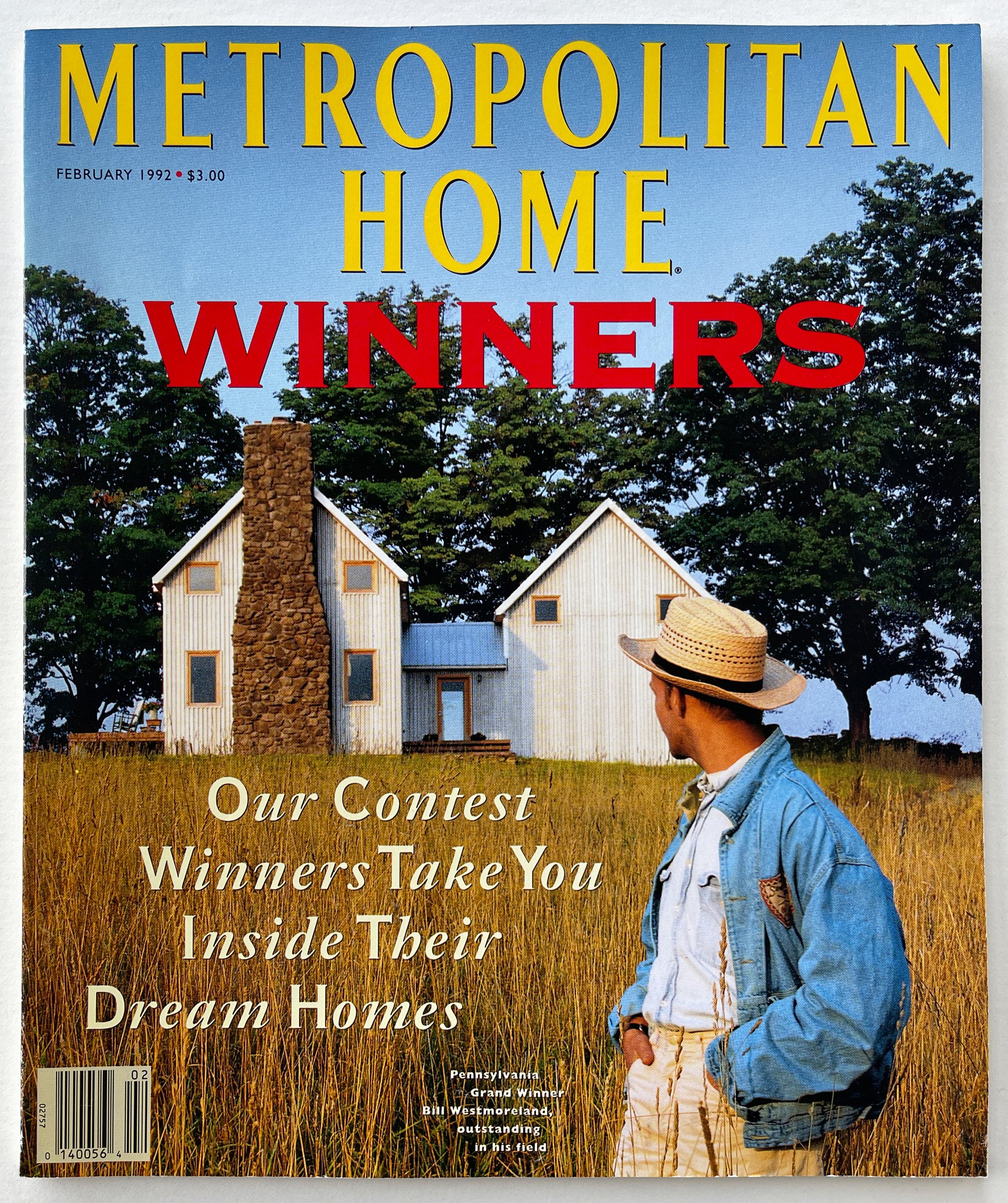

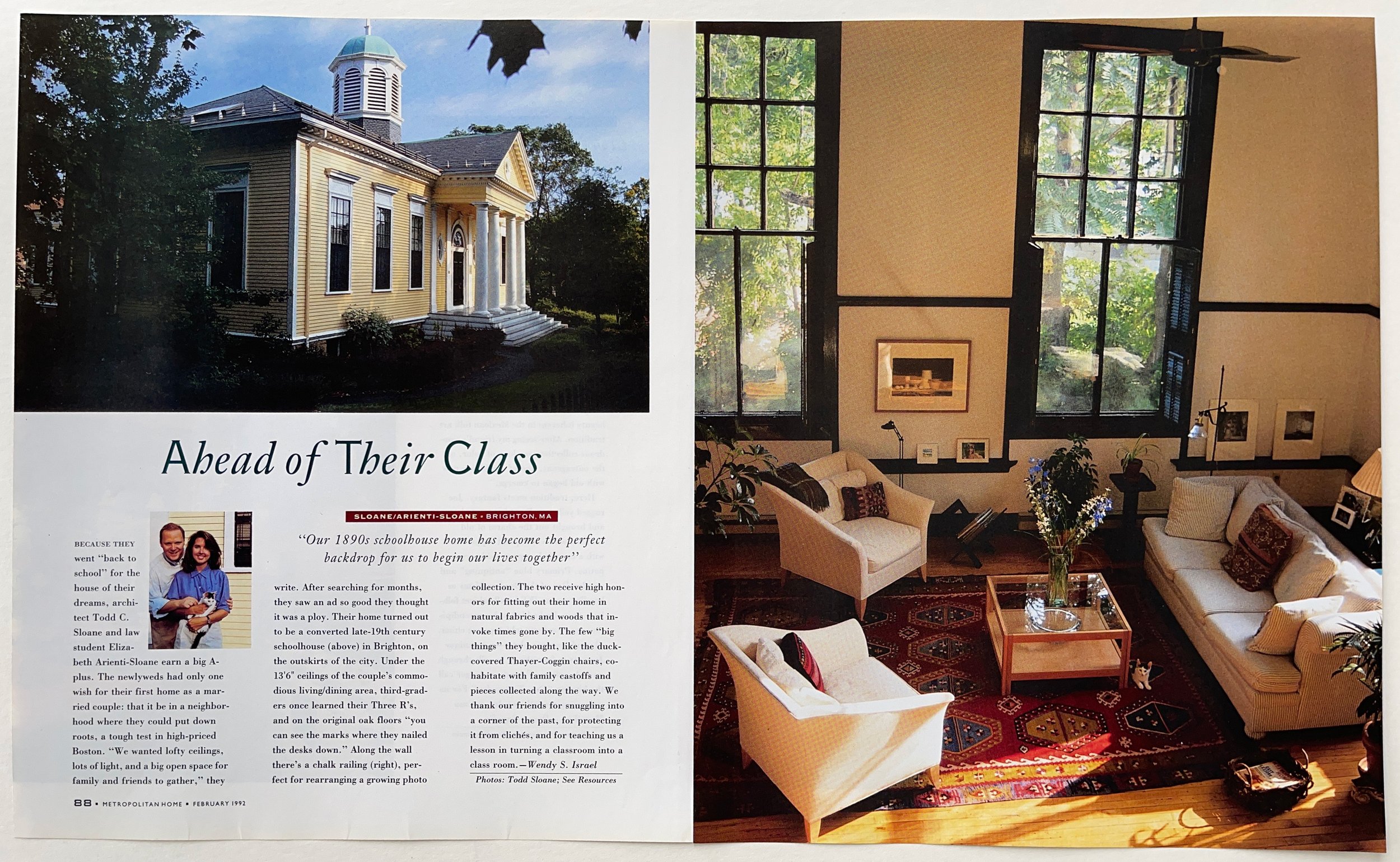
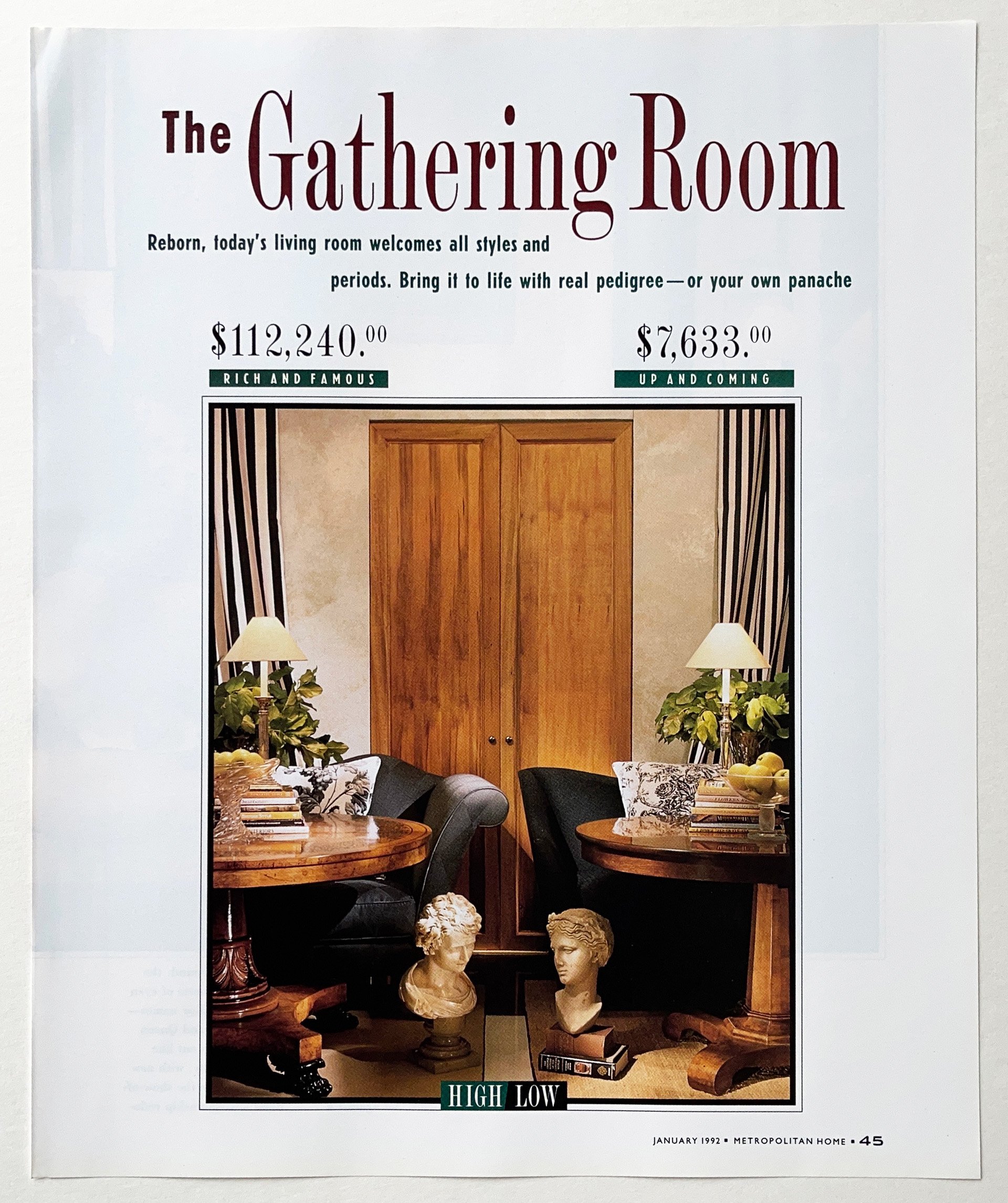

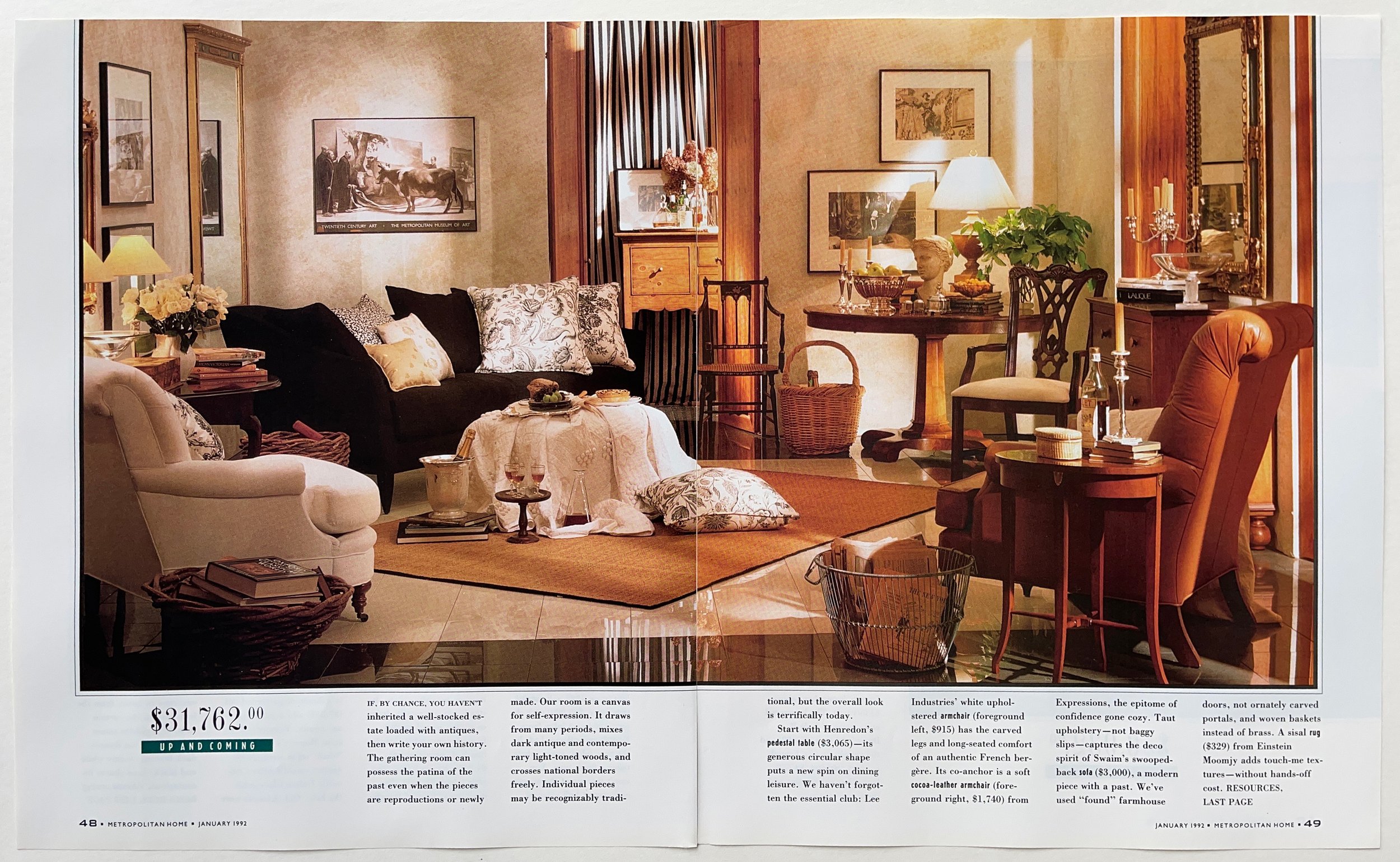
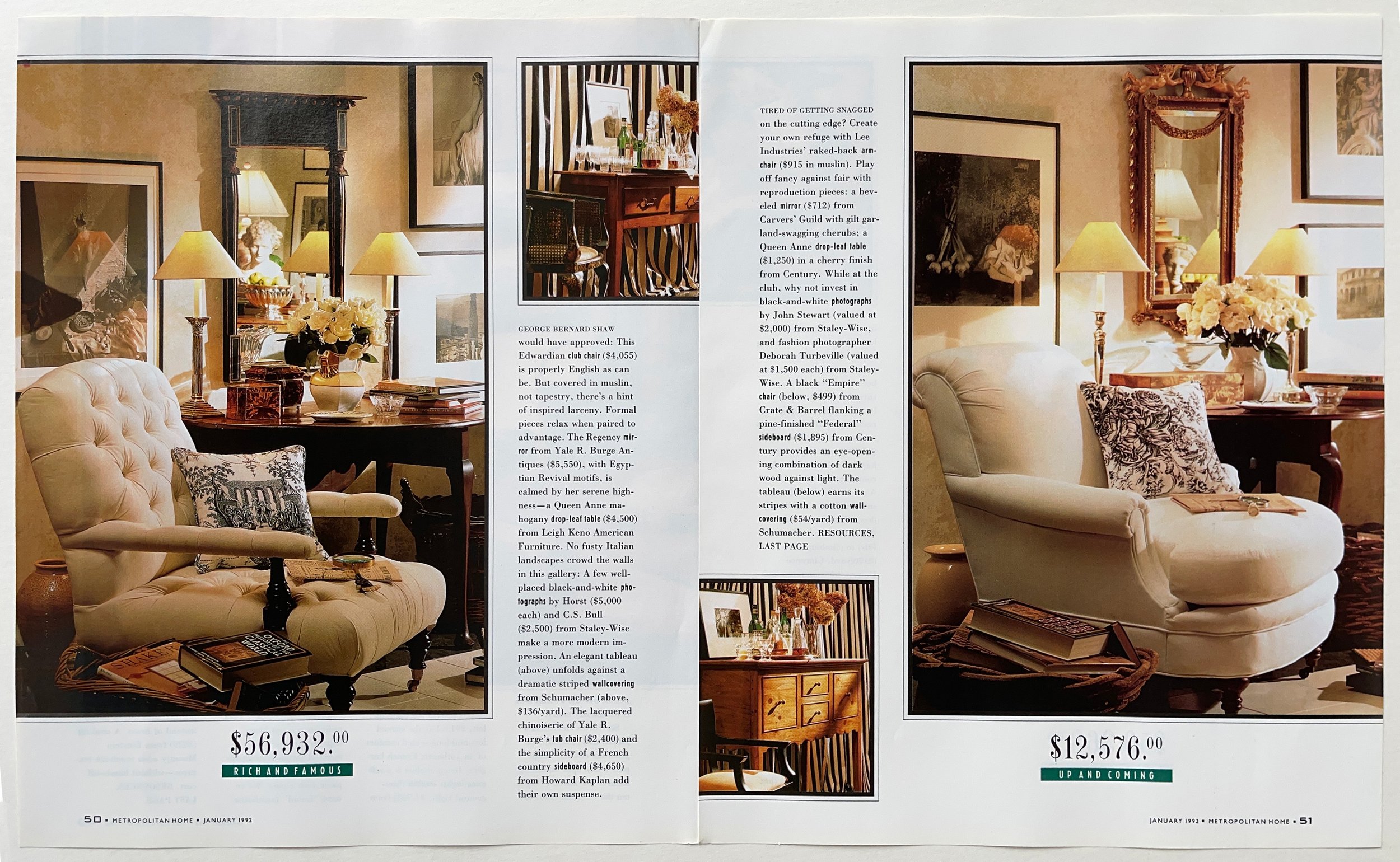

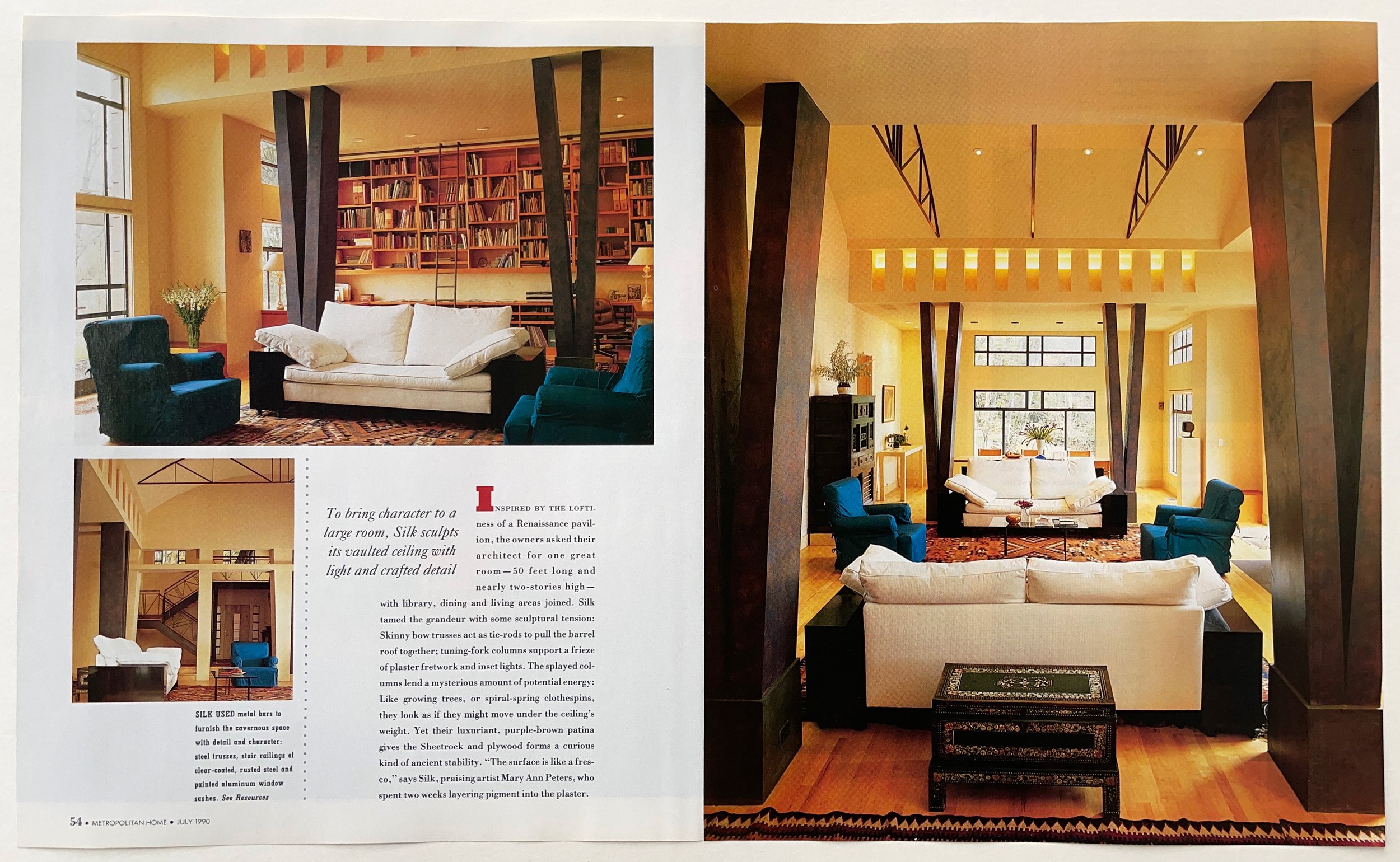
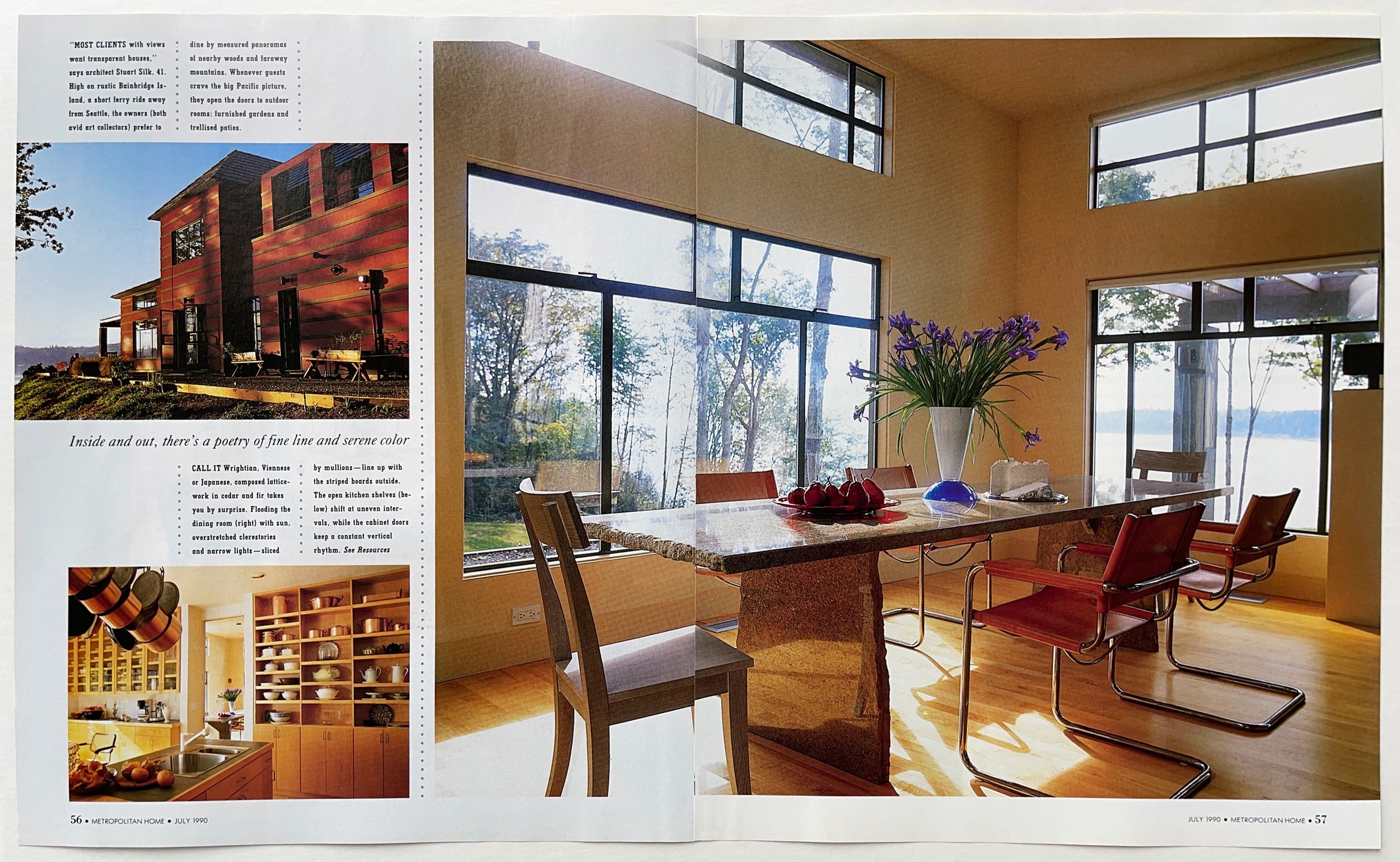
Using regular focus groups, competitions, and reader letters, Kalins identified the stories that our readership craved on a regular basis. Above, three examples: Met Home’s annual reader’s homes competition, the High/Low extravaganzas produced by Carol Helms that showed luxurious furnishings and very similar yet affordable alternatives, and inventive renovations of the ubiquitous ranch-style home.
George Gendron: And we’re assuming here that that layout was done by Don Morris.
Don Morris: Well, they couldn’t find the guy that did it. But I stepped in.
George Gendron: Nice move, man.
Don Morris: Yeah. New York magazine was just an incredible experience for me. I had just recently graduated from Parsons and a friend of mine who was working there was moving onto his illustration career and asked if I wanted to do what was the lowliest job in the art department: running the stat machine.
And it was like walking into an improvised sitcom, you know, just incredible characters, incredible energy. So many different paths crisscrossing. The non-sequiturs floating around were just so funny and so full of smart minds that I was just taken. I always thought I’d be there for about two weeks.
Dorothy Kalins: It was never a division. Something that you and I always maintained. There was never a division between words and pictures. Never. It was always the pages. It was always the message. It’s how you got the energy out to the reader.
George Gendron: When we were talking a few days ago I was mentioning my time there as a very young kid and that was my first job. And so I grew up, unfortunately, with the expectation and understanding that, “Well, that’s the way all magazines worked.” You know, that’s the way all editors and designers collaborate. And then I left New York and found out...
Don Morris: So Roger Black had just taken over at the time at New York and I’m running the stat machine, and thinking that I was only going to be there for a little while. I was always asking questions and seeing if anybody needed anything, and I just couldn’t believe I was there.
I was so excited about being there that I think I had this smile plastered on my face the whole time. And about four months in, Roger Black came in and — he moved through the art department like the furniture was going to stop him. It was just like this force going through and talking as he went.
And always very entertaining. And he asked me if I wanted to go out to lunch with him. I went out for my first business lunch, had my first sushi. And he’s telling these amazing stories and at the end of the lunch he said, you know, “I love your enthusiasm. I love that you have an interest in all this. You have great ideas. I’m going to make you assistant art director.” So I came back ...
Dorothy Kalins: …Had you done layouts before?
Don Morris: No. No.
Dorothy Kalins: “You’re a nice guy. You’re adorable. I’m making assistant art director.” [laughs]
Don Morris: You know, yeah. It was sort of shocking.
George Gendron: What did he see in you?
Dorothy Kalins: Smartest thing he ever did!
Don Morris: I don’t know. You know, I was really struck from the beginning with the generosity that a lot of people in magazines had. You know, before that ever happened, just the way that people would explain to me what’s going on and exposed me to things.
And then after that, the four people I was in charge of had to teach me how to do the job. So it was my first challenge of management. But luckily I had such nice rapport with them and they were such nice people that they helped me along. So I learned a lot. And when Roger left, Robert Best took over.
Patricia Bradbury was his art director. And Bob was just a force of energy and goodwill. And he did a lot of things — at the time, Ed Kosner became the editor and wanted to put a stop on anything that was too experimental. He wanted to make basically Newsweek for New York and bring credibility into a magazine that was known for being very fluffy.
And, at a certain point, we were doing layouts twice. We would do Ed’s version and we would do Bob’s version on a weekly basis to try to get ideas across. And we did this for months. And for me it was an incredible opportunity because I was in charge of the more formatted thing. So I learned really how to do layouts in a pretty executed way while Patricia and Bob would experiment and go off and do these amazing things. And then I would draw little dingbats or little drawings for the things that Bob was doing. And, at a certain point, there was this incredible moment where you would meet with Ed and he would talk about the stories and he started to draw on a pad ideas that we had shown him in layouts that were rejected.
So Bob’s tenacity — and you know, he didn’t change. He just moved through things. He was someone who saw the long path during a weekly deadline. And from that moment on, we got to do all these different things and Ed trusted us.
And so when Mike Jensen, the art director, came to me — I think I had been there for four years — we had won the National Magazine Award for design. It was just thrilling. And I was ready. I had done a lot of studying. I was working on a lot of freelance on weekends.
I was really trying to really get to know this as well as I could, spending a lot of time at newsstands. And I became really enamored with the Esquire that Robert Priest and April Silver and Stephen Doyle were doing. It just was, I thought, an incredible, urbane, bold execution of a magazine.
And as I read it, it really brought me in. And as I became an avid reader, I saw how well it articulated the voice of the magazine. So that was a completely different thing than New York, which kind of changed its hats every week, doing radically different editorial requiring radically different solutions.
So when Mike Jensen came to me I was really intrigued with the idea of taking a magazine and really trying to find its personality and find its voice. And when I met with the staff, it was this incredibly exuberant staff at Met Home who really knew the subject and were incredibly enthusiastic and knowledgeable about it.And I didn’t feel like that was on the pages.
So I left the interviews thinking, “This is an incredible opportunity because I think I can make a magazine that looks the way I hear these people exploring and speaking about the subject matter.” So it was just a great moment for me to move on to something that was a whole different kind of way to think about design.
“For Dorothy to say to me that she liked what I was doing and felt like it was making some change to something that she held so dearly was an incredible thing.”
George Gendron: I want to put the Met Home story itself on pause for just one moment and comment that we’re talking about 30 years ago. And fast forward, and you two, editor and designer, are still working together 30 years later. I think that’s probably more challenging and difficult than sustaining a marriage for 30 years!
Don Morris: Yeah. Well, you know, we considered marriage, but we thought this would be better.
Dorothy Kalins: Yeah. Way better!
George Gendron: Very smart. So what’s the secret sauce to having this kind of vibrant, intense, collaborative relationship that lasts not for a period at a publication, but for decades over a wide variety of different projects?
Dorothy Kalins: I think it's mutual respect and we love the work. We love the work. Yesterday we were on the phone for five hours just laying out one chapter of a book we’re doing, and it’s a constant conversation. The conversation is probably the same conversation we’ve had for many, many decades. But it’s always about how to get the ideas across. It’s never about decoration.
It comes from an intrinsic love of the subject matter and then, you know, a very eager way to interpret the way it goes. I mean, when I started doing books after a long, long career in magazines, it was never a question to me. And Don had his own studio by that time and — we’re skipping ahead decades — but we just started doing from day one, my first book, I knew.
See, there’s a little subversiveness here. It’s not just ego. I just knew that we know how to tell stories. And when I started doing books after I left my last magazine job, I thought, “Books are so stupid.” They’re done by 16 different people who are not talking to each other. You have the person who’s the writer, then you have the person who’s the photographer, and then you have the person who’s the designer, and then you have the person who’s the production manager. And nobody makes something that’s a whole. And I said to myself, “If I’m really lucky, I’ll be able to do books the way we’ve done magazines.” Which is a totally collaborative way.
So on every book we’ve ever produced, we’ve had an agreement — and we are lucky enough to have found a good agent who was able to sell this — that we deliver finished files. Just like a magazine goes off to the printer, our book is finished. Now, fortunately, we rely on a copy editor at the publisher and, believe me, I love copy editors, and publishers do certainly add value. They get the right paper and they make sure the binding is right and they produce the cover, and they sell it. Maybe. Sometimes. But we really do books the way we’ve done magazines.
George Gendron: Okay. Don, what’s your version of that relationship?
Don Morris: Well, to go back to the beginning when I was hired to redesign the magazine, that was always kind of part of the brief. And so that meant that I could begin experimenting and begin talking with the staff and looking at the competition, looking at what we wanted to do.
And four months later — Met Home had great parties, you know, everybody, there was a great cook. They knew entertaining. We talked about entertaining. And they had the best parties. And, maybe four months in, there was this party at someone’s townhouse — I think Ben Lloyd’s townhouse in Brooklyn — and we all got out there and, you know, there’s fabulous music, great food. We’re having this great time and just hanging out together and laughing. And Dorothy pulled me aside and said, “You’ve already made a tremendous change. I’m so excited about what you’re doing.” And that was incredible. It was incredible to have that kind of support.
The Met Home Mix Tape: Art department tunes, circa 1986–92, courtesy of Don Morris.
And Dorothy had a very journalistic approach to design. So she really understood it. She really understood what was going on at the time — who was making waves, who were the people that were doing work that really lasted over a period of time. And for her to say to me that she liked what I was doing and felt like it was making some change to something that she held so dearly was this incredible thing.
So from the beginning, I had a lot of support. And that also meant that I had to go through a gauntlet because the magazine was filled with design people. Journalists as well as people that built sets. That thought of really incredible solutions to ways to live. And they would build things.
And we would put all the layouts on the wall and everyone was invited to comment. So it was rigorous, but it was also smart people talking about what you do. So I had to defend things. I had to learn things. The whole experience was really like going to grad school.
We had a network of writers and editors around the country that we called city editors and they would report on what was going on in their part of the world, part of the country, trying to pitch stories. So it was competitive and they would come in a couple of times a year, they were constantly feeding new ideas.
So as a young designer, I was hearing about all the stuff that was going on all around the country. Seeing images of it, hearing about what was moving, what was shaking, what was working, what wasn’t in retail, in design, in architecture. It was incredible. So I would go back and I’d talk to the people in my art department at certain points, the people that were higher in the art department would also attend these meetings.
It was all about learning and reflecting on what was going on, and trying to figure out how the magazine would, again, get that voice and get that sort of framework that would really be in sync. This pretty incredible moment with a lot of design exploration was happening in the country, but also in the world. We did a lot of things in Europe. We started to look at Japan. There was a lot of really interesting information that was always passing through the doors. And that was great for us to be influenced by.
George Gendron: Don, you mentioned the network and I’m curious about that perhaps because I was myself in New York and a New Yorker, and I was an avid reader of Apartment Life. I always thought of it as very New York-centric. And maybe it wasn’t.
Dorothy Kalins: It was Des Moines, Iowa-centric at that time, early on!
George Gendron: Well, you fooled me, I gotta tell you. And so I’m curious about this idea, Dorothy, about having this national network of contributors.
Dorothy Kalins: We always believe that ideas come from all over, and it was never a top-down dictatorship. I never believed that. I always believed that you get the smart people in a room and the best ideas happen, they “verbal up.” And that’s my little parenthetical about people who are now working remotely. I mean, we managed to have a conversation right now, with us, because we share a frame of reference.
But think about the young people. Where do they learn? They don’t learn sitting at their computers and then going off and watching television at night. You learn by being, by experiencing, by traveling, by talking, by all being in the room together. And I just believe there’s a certain chutzpah that happens when the people are in a room together and you get the right people.
And I always gravitated toward people — not Don, because Don was demonstrably excellent in everything that he did — but some of the design editors that I hired were not people who came from House Beautiful. They didn’t come from Architectural Digest. They came from life.
One worked with Terence Conran at Habitat in London. One was an Italian American who grew up in Italy and just happened to have the right fingertips to everything. One was a woman who had worked at Better Homes and Gardens, so she had the grounding on that. But she was frustrated because she couldn’t do enough. So it was always “get the people in the room.” And it’s all the people.
Not only were there no walls between the art department and the editorial department, there were no walls between the kids we hired — really smart assistants who all came out of good educations and learned everything and they were hired up and they became editors themselves. So it’s about the ideas. And it’s about the energy. That’s what magazines at their best are.
You know, I’ve taught for years and years and years, both at the Stanford Publishing Course and at Yale, and I hear what people do at other magazines, which is, “You have to submit an idea in writing.” Well, if you submit an idea in writing, you’ve already sucked the air out of it and you don’t have that buy-in.
What happens when people are really enthusiastic about being in a room together and they make it better. They just nudge it a different way. And they feel a part of it. So that’s how we built our staff and that’s how we operated.
MH Gatefold Maps
At the height of Met Home’s success, many advertisers requested placement in the most highly-trafficked sections of the magazine. This led to the creation of special gatefolds—a premium adjacency to editorial. Toyota sponsored seven pages of editorial with one ad page for a special Los Angeles issue. Morris commissioned pioneering digital artist April Greiman to produce a striking (and useful) graphic — going to bat to acquire a fifth color channel for a Pantone fluorescent orange. For the New York issue, Morris hired photographer Harold Sinclair to create a fanciful Manhattan skyline peppered with sleek tabletop design objects to set the theme.
George Gendron: A theme running through a lot of the Print Is Dead podcasts is this: the thrilling experience of working shoulder to shoulder with a very diverse group of people.
Dorothy Kalins: Mm-hmm.
Don Morris: Absolutely.
George Gendron: Adam Moss, who we did an interview with recently, said one of the things that he loved about his period, particularly at New York magazine, was that there’d be times when an idea found its way into the magazine and someone would say, “Oh, that’s a great idea where’d that come from?” And he had no idea.
Dorothy Kalins: Yeah.
George Gendron: It had been in this fluid group discussion...
Dorothy Kalins: In the air! Right.
George Gendron: You know, and it probably started with something that wasn’t anywhere near the refined idea when it made its way into print and people would start to riff on it.
Dorothy Kalins: The other thing is that people, they urge you on to become more audacious. You become more audacious in a group because you think, “Oh, we can do that? We can try that? We can, ooh...” And I know it’s true. I’ve seen it happen to me. I mean, I come in thinking something, not conservative, but certainly a set idea, and then it just gets better. And there’s buy-in by everybody in the staff. So it belongs to everybody.
I don’t believe that creativity comes from a top down dictate. I mean, it can. And that’s how a lot of businesses are run. But it’s not what I love or thrive in.
George Gendron: Flashback to a moment when I was still a very, very young kid in the New York magazine newsroom. And mostly I was editing and I wrote for the Intelligencer. But I hadn’t really done any substantial writing. And I had this idea, I won’t bore you with the details, but I went to Shelley Zelasnik and pitched the idea, and I barely got the first two sentences out. And he said to me, “What is it you want from me, young man?” And I said, “Well, I really want permission to do the story.” He just said, “Just go do the damn story. If it’s good, we’ll publish it. If not, we won’t.” And that was huge. Because we don’t come from that kind of an environment, most of us, right? And so what you’re talking about in these meetings about being audacious is that it’s, for young people, it gives you a kind of permission to think big and to realize, “Man, I can go off and do this.”
Dorothy Kalins: Yep.
Morris on MH’s approach to illustration: “Though photography dominated our pages, we regularly enlisted top illustrators to bring abstract concepts to life, or to add wit to lifestyle stories. We took all visual storytelling very seriously. Among our talented contributors were: Steven Guarnaccia, Victoria Kann, Barry Blitt, Steve Salerno, Jon Pirman, Judy Pedersen, Gene Grief, Paul Yalowitz, and C.F. Payne.”
George Gendron: One really crucial theme here that I’m glad we’re exploring, we were talking about some of the packaging devices that you guys invented at Met Home that people adored. And I forget the names of them, but you know, the elegant room on the left and then the modestly-priced equivalent of that on the right, the details that you would zoom in on.
Dorothy Kalins: I can tell you exactly where that came from. So my first job was at Fairchild Publications. I was on Home Furnishings Daily and Women’s Wear Daily — which was the hot rag — was next door to us.
And so I read it every day and they had a little feature that was maybe a quarter of a page and they put, “Get the Look for Less.” And that was when I was five minutes out of college. And then we started doing Met Home, and I thought, “A lot of the furniture that we’re seeing just isn’t affordable.”
And the thing that they would say to put us down was that we were “orange crate.” We decorated with orange crates. We never did. Maybe a wine crate, but never an orange crate! And I thought, “Okay, well, what that does is that lets you just take off on an idea and go with it.”
George Gendron: But you also said something else to me that was very interesting. And you said, maybe it was about the details in a room, and you would zoom in and you said to me, “Well, you know, you have to use everything because you just don’t have unlimited resources.”
Dorothy Kalins: Mm-hmm.
George Gendron: And boy, do I think that’s true, this notion that scarcity kind of breeds invention and resourcefulness and creativity.
Dorothy Kalins: Well, it gets back to the tools of magazine making, which is one thing that Don and I really invented when we were doing this together was that you took ideas apart.
Like, I see a room behind you. And I see a sofa, a striped sofa, and I see there’s a lamp on a table and there’s some black and white pictures artfully tilted against the bookcase. And if you call those out and let people focus on that, instead of just room after room… Remember you asked the other day about what our competition was and it was really staid pictures of rooms from Architectural Digest, House Beautiful, House & Garden. They had different levels of taste and style and approach, but we were about journalism.
Don Morris: Right.
Dorothy Kalins: We were about the ideas. We were about conveying the ideas. We were excited about things. And we made our pages exciting. And that had never been done before.
George Gendron: It’s about a sensibility that you bring to something.
Don Morris: Well, from a formal standpoint, there was kind of a way that interiors were shot. And it had to do with correcting the perspective and lighting every inch. And they were presented in a hands off, finished, almost gallery-like way.
Dorothy Kalins: It was all about pretentiousness.
Don Morris: Yeah. And the mission of the magazine was to get people in there and make it feel like people were in there. Make it feel like it was a real space. So we experimented a lot with the kinds of photographers that we would hire, the ways that we would approach shooting a room. The idea that certain things would fall out and that was okay, because that’s what it felt like when you were there.
And that led to us starting to invent these editorial concepts, these editorial conceits that were more like the way magazines we had admired tackled their subjects. And creating these things that became franchises like what you mentioned was called “High/Low.”
And we had a way to do the logo of that. And we had a way that we would pair the rooms. They were tremendous productions. We had a studio and Carol Helms, one of the main design editors was in charge of all of this and created this. And you would go down to visit and it was amazing to see this whole thing coming together.
But that was just one conceit that was developed to be able to have something that people could remember Met Home by. That was something that gave them a little bit more information, more useful information to take away. And we tried to do that, and that led to themed issues and reports that we would do. We got more and more ambitious in our journalistic approach.
Dorothy Kalins: Yeah. The idea of journalism coming to the field of home design — they had never met before. They didn’t know each other. And not only did we have to do it because we were interested in that, it was our point of difference to our readers.
And our readers were interested in that. That’s what they want. They didn’t want the staid interior — you know, I invented the phrase “buttery sunlight” because we used available light, which meant that photographers wouldn’t light the room. We used to call it “holocaust lighting,” which is when they would come and blast every sense of light away from the room.
But it started with that. So everything had to fit that. You could be playful with where you put captions, and you could play with the language of design. You could play with the language of home. Because we wanted it to be about personality. We didn’t want it to be just about pretention.
“I always believed that you get the smart people in a room and the best ideas happen. You learn by being, by experiencing, by traveling, by talking, by all being in the room together. And I just believe there’s a certain chutzpah that happens when the people are in a room together.”
George Gendron: I am sure you’re aware of this, and I’m sure you heard this many times, but the effect that all of this had, among many other things, was, I’m going to use your word, Dorothy, from when you were talking about one of the effects of being in a group and brainstorming, and that is it gave readers a certain kind of permission to think about the fact that they could express themselves through their homes as well. And that this was not a pursuit of the wealthy. You didn’t have to be able to afford an architect. And perfection wasn’t the goal. These homes looked lived in. They looked like places that would be fun to entertain in, to cook in, have friends over. There was a kind of invitation.
Dorothy Kalins: At the same time, we did cover who we thought were the most influential architects in the world. And designers. Because the ones that we gravitated to, and the ones who we featured, were people who wanted life in their rooms, in their houses, in their homes.
They wanted energy, and warmth, and human interaction. They didn’t want the kind of sealed off protectiveness that a slipcover gave you that you wouldn’t dare touch.
And I think the way you used captions, Don, and the way you were able to manipulate the elements on the page was always lively. It gave a reader something to do instead of just turn the page, turn the page, turn the page. There was always a reason to stop and read something and delve further into it. So it was very interactive before there was anything interactive in magazines.
Don Morris: Editorially, again, looking at the landscape, magazines that centered on this subject were pretty siloed in their point of view. You were modern, you were country, you were traditional. And we took a much more humanistic approach. People were walking through this world and they were exposed to Italian design and they were exposed to amazing antique pieces that spoke to them. And so we gave them permission to, to take what they saw in the world that they loved and help them to figure out how to make sense of that or to show some approaches that shows how the sleekness of some things can work with the sort of more ornate nature of other things.
And so this whole kind of personal style was celebrated and explored. And that also came through with a lot of the designers and architects that were putting their mark on the world with what they saw and what they were putting out there. What it was about them that made them different.
And we helped to expose people to a lot of different design trends, but also give them some sense of how they might be able to bring that into their life. So it was very relevant. It wasn’t like that kind of temple-like point of view.
The Met Home Design 100
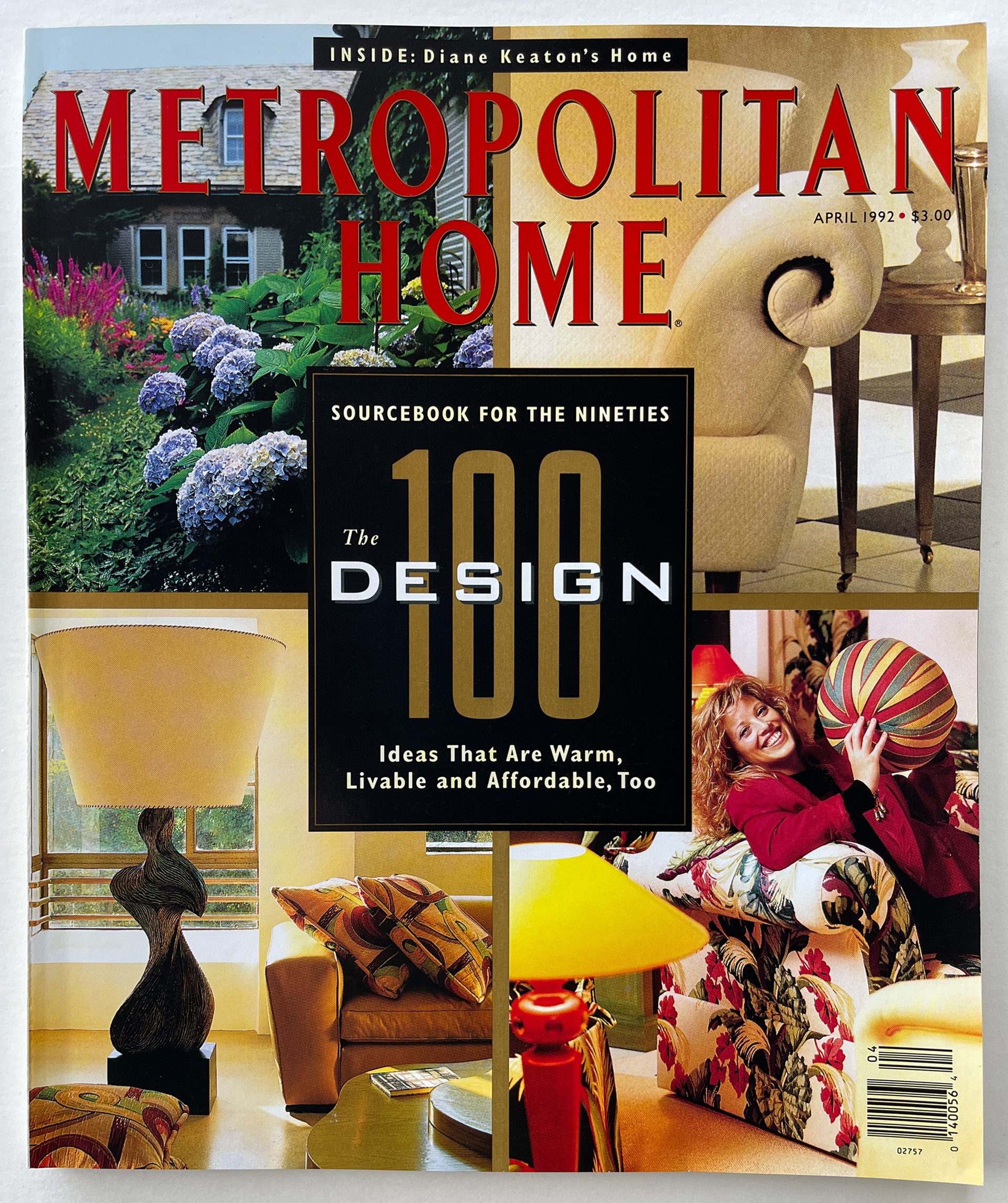

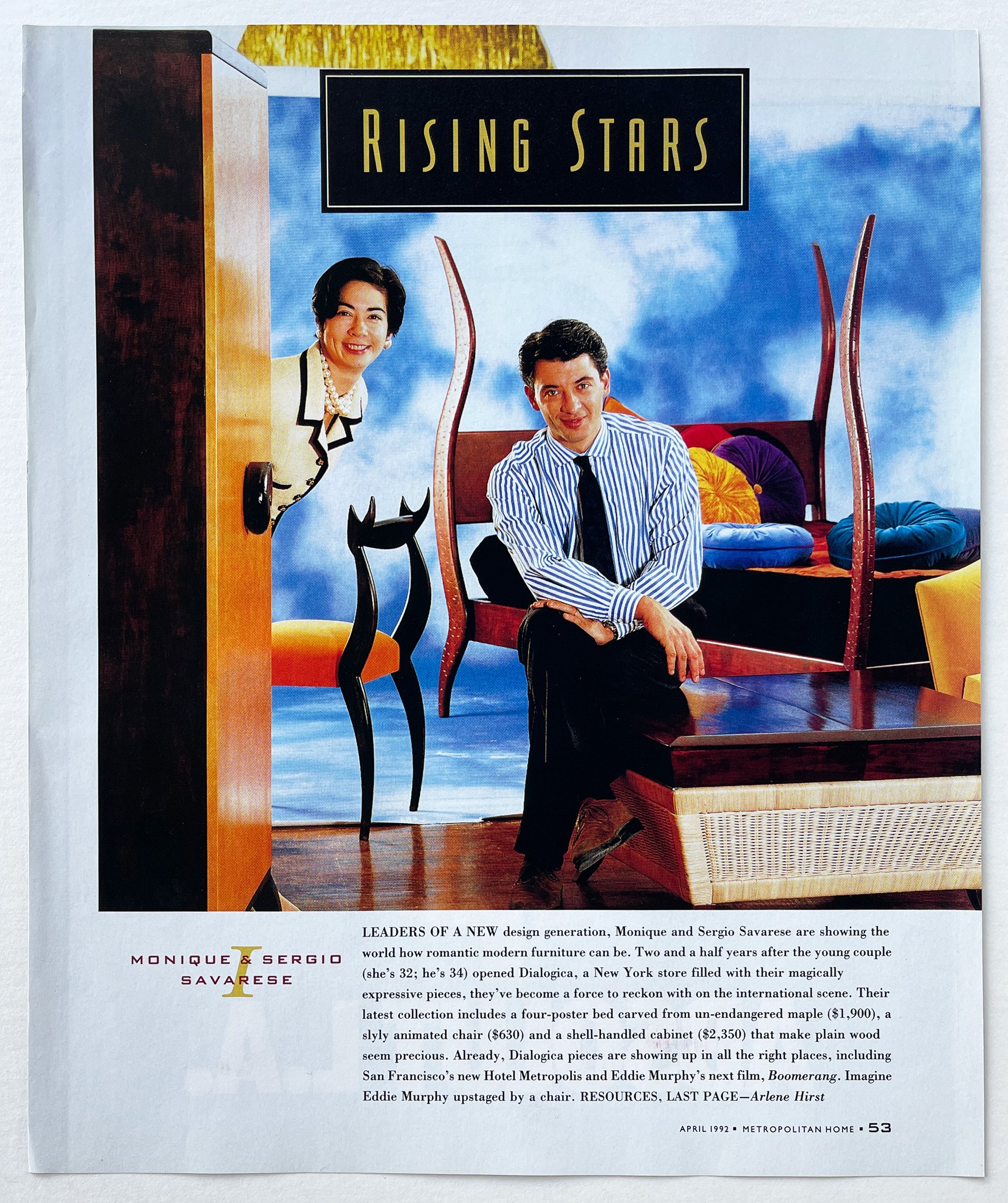

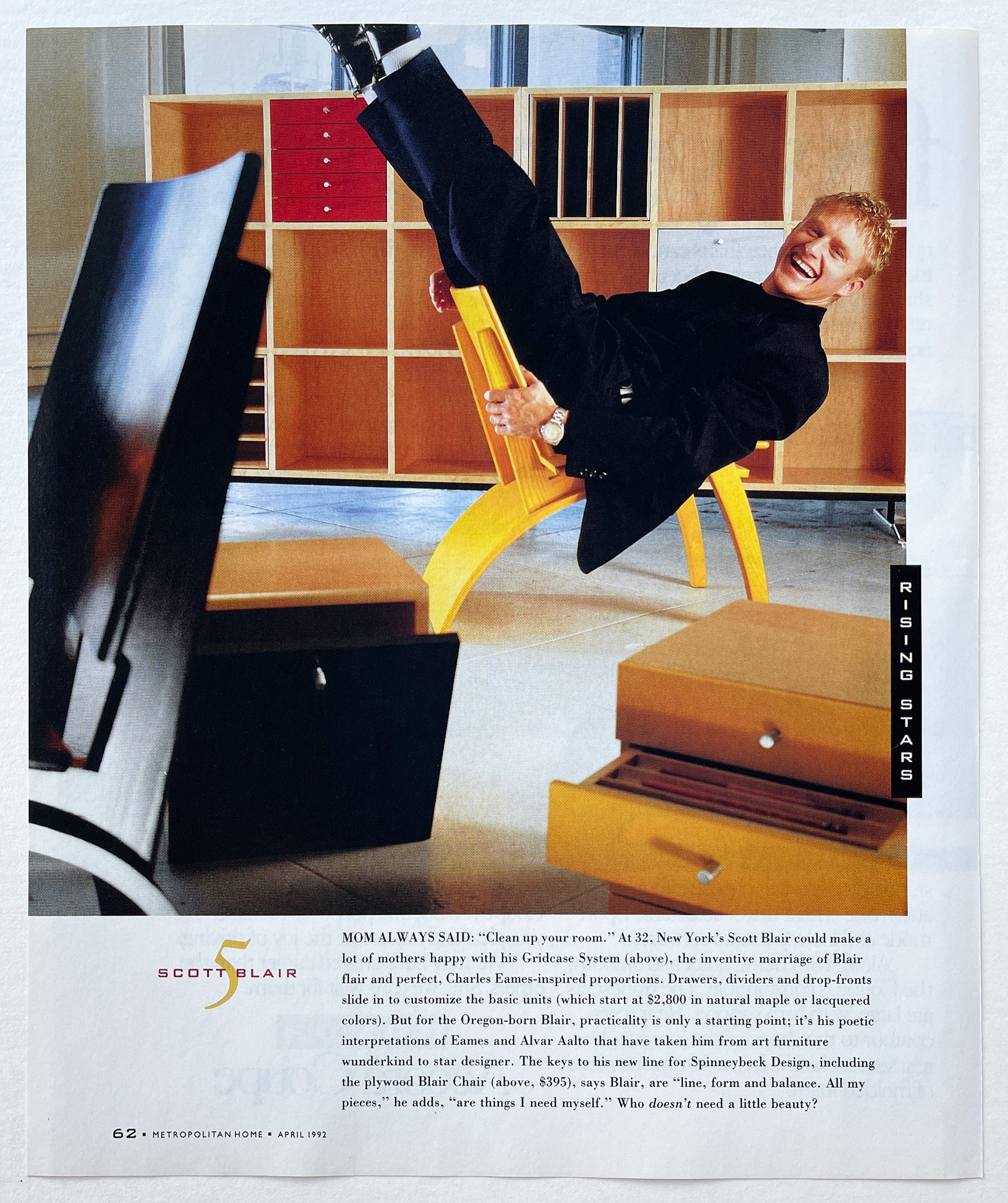
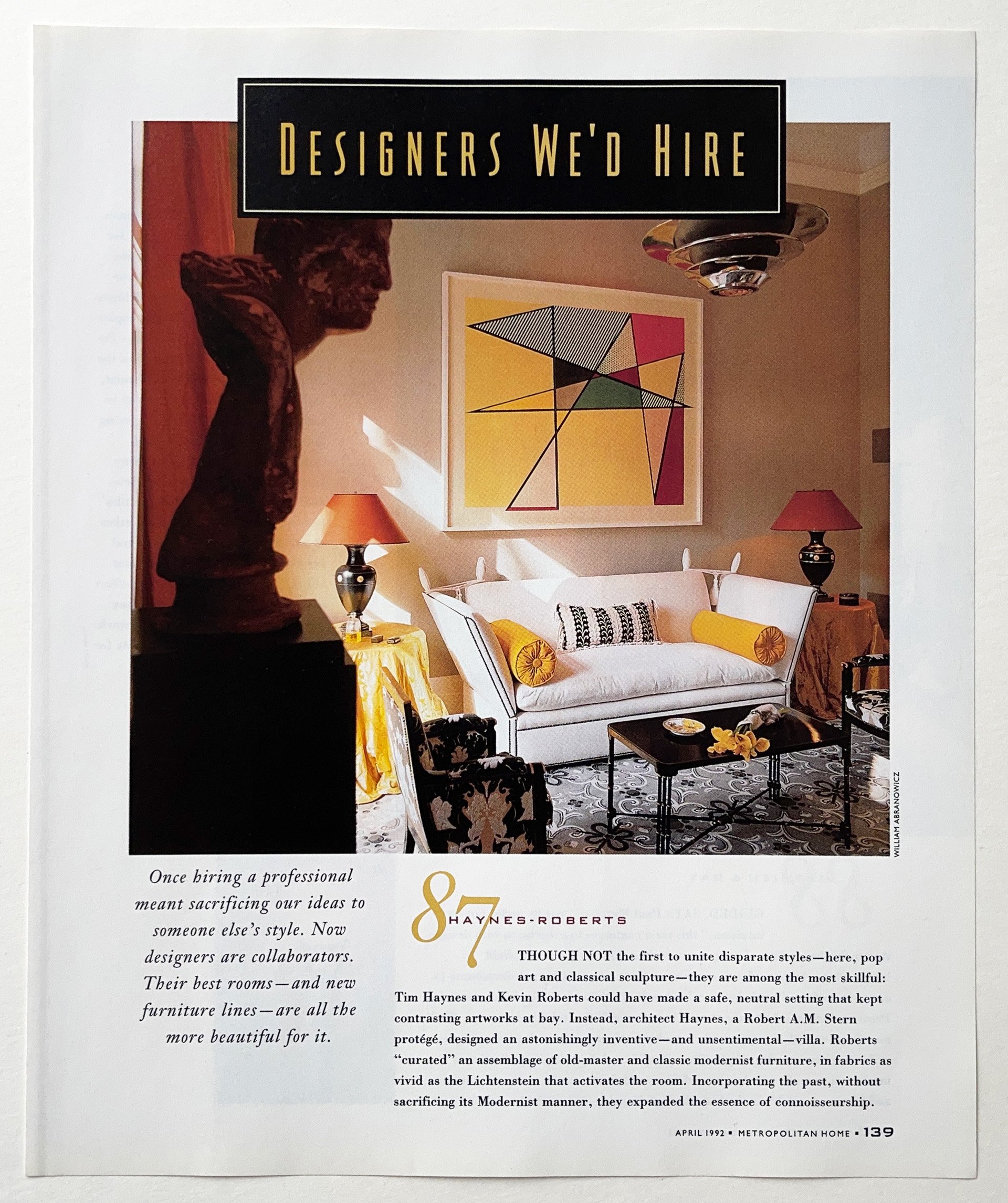


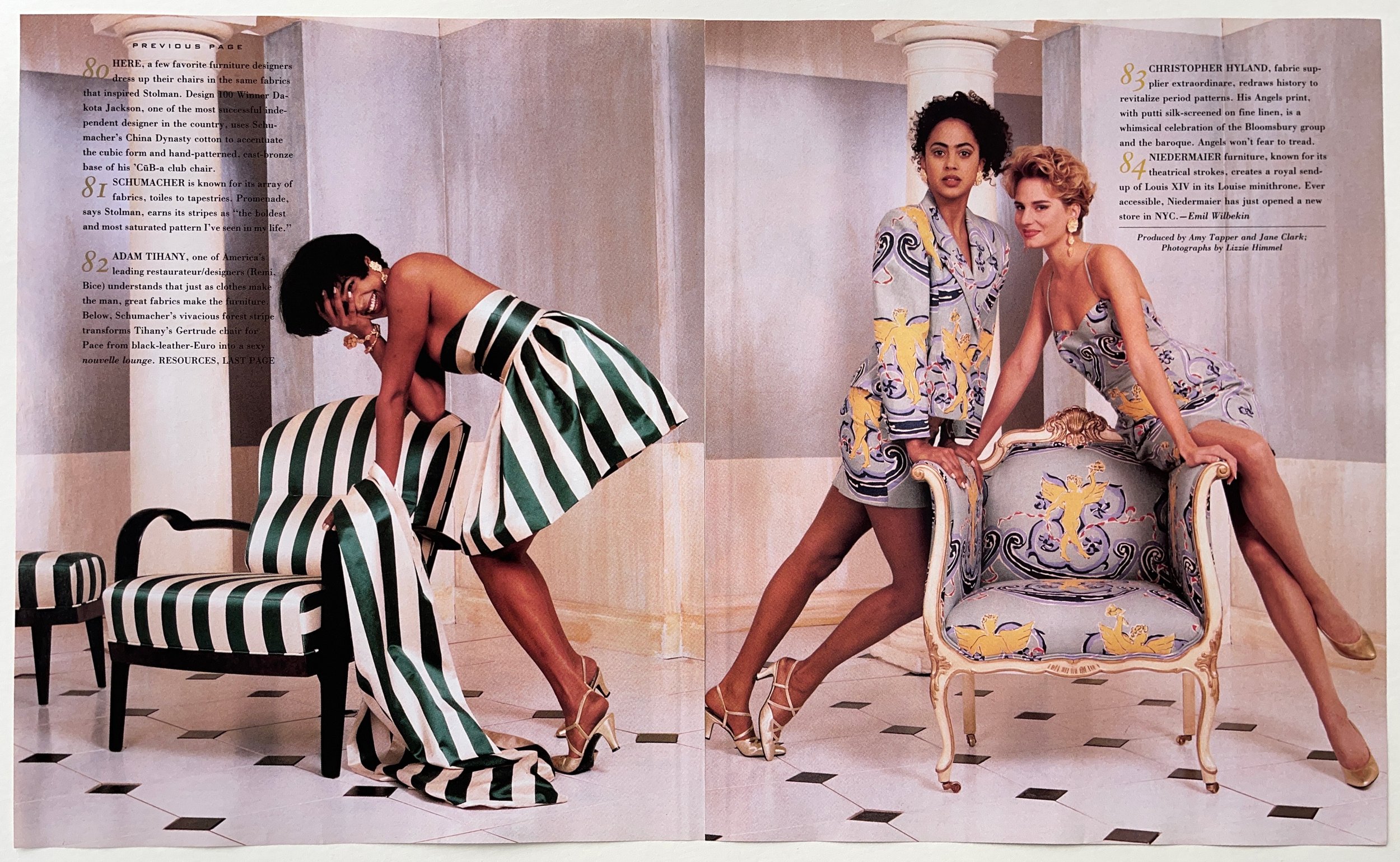
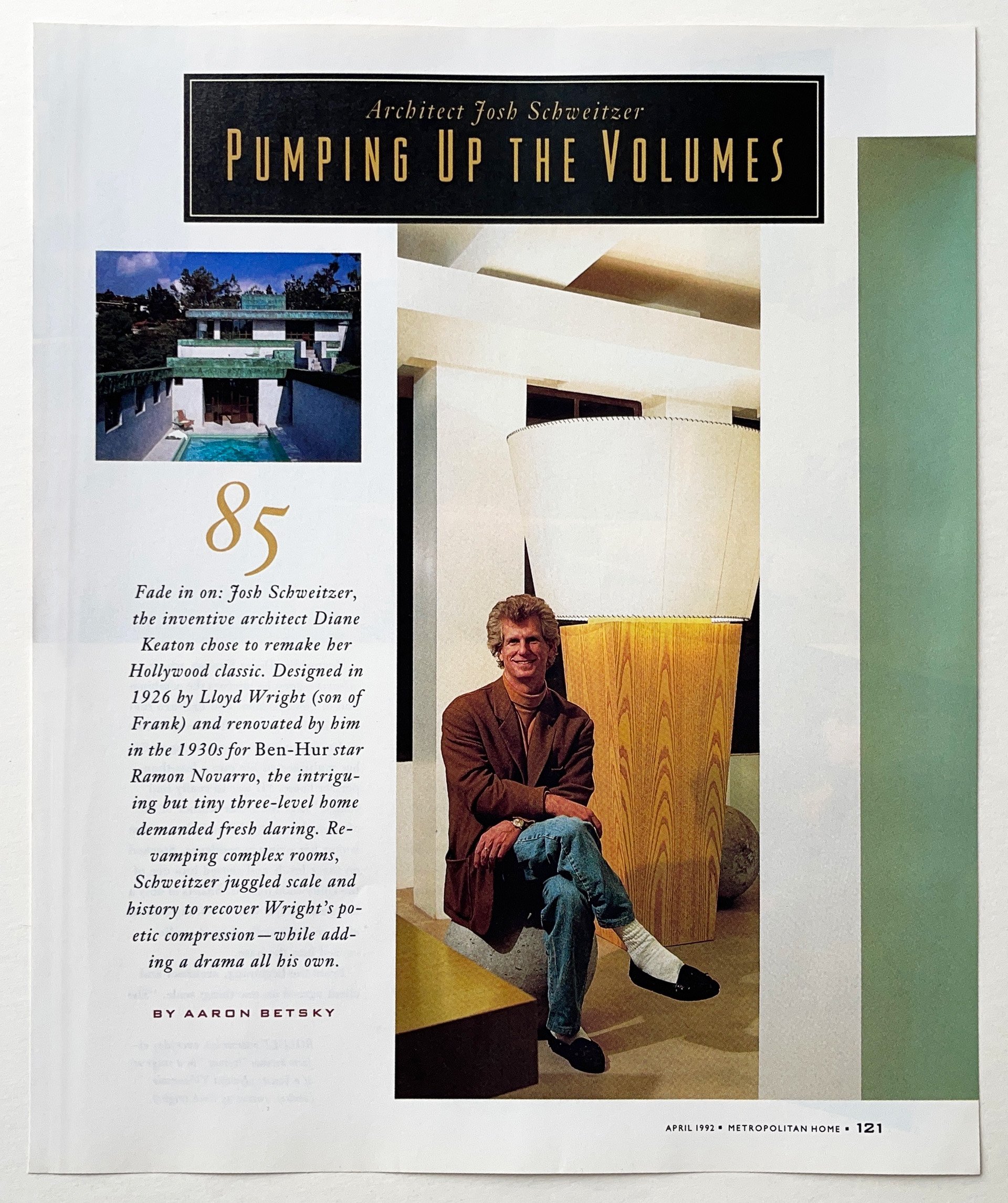
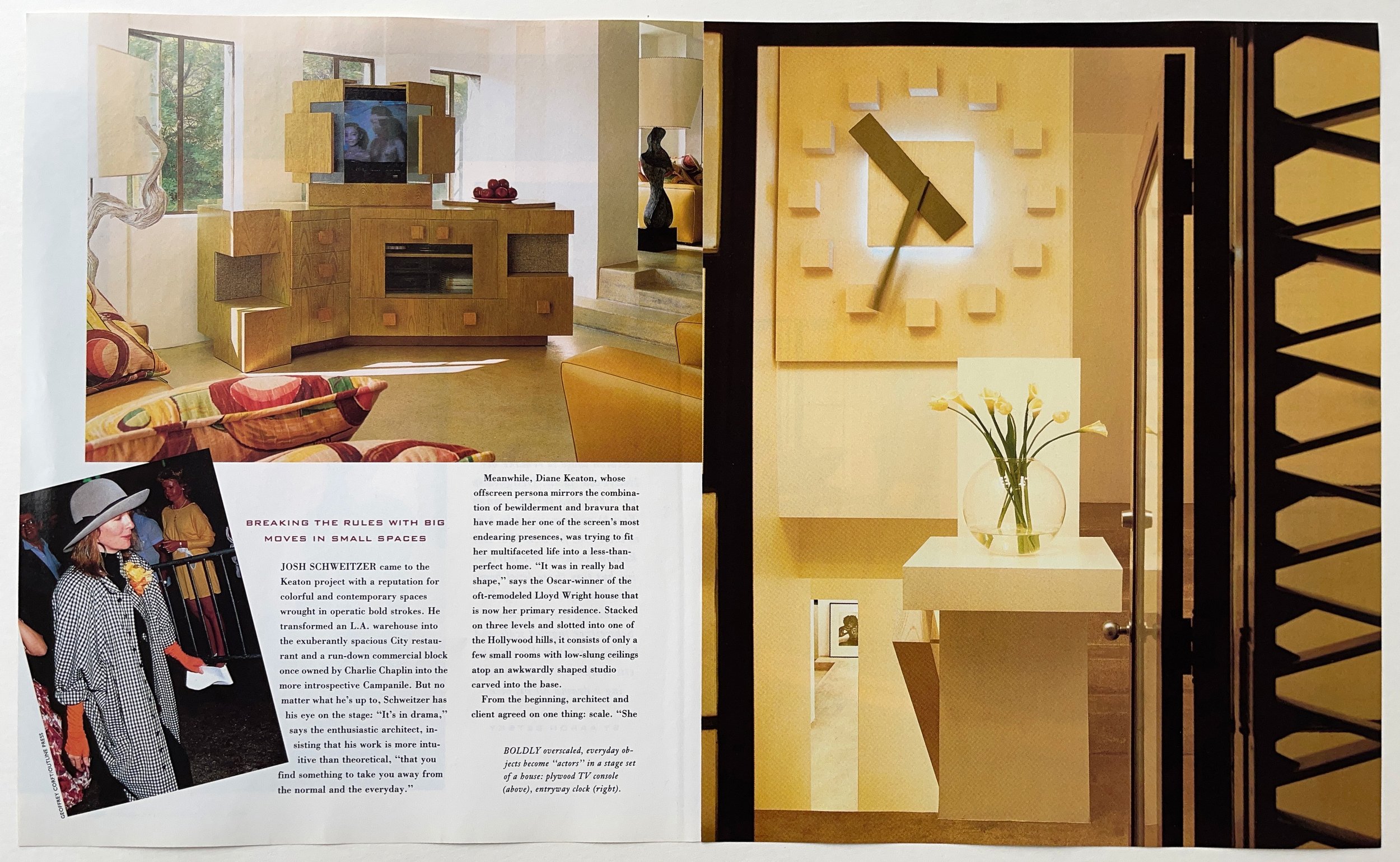
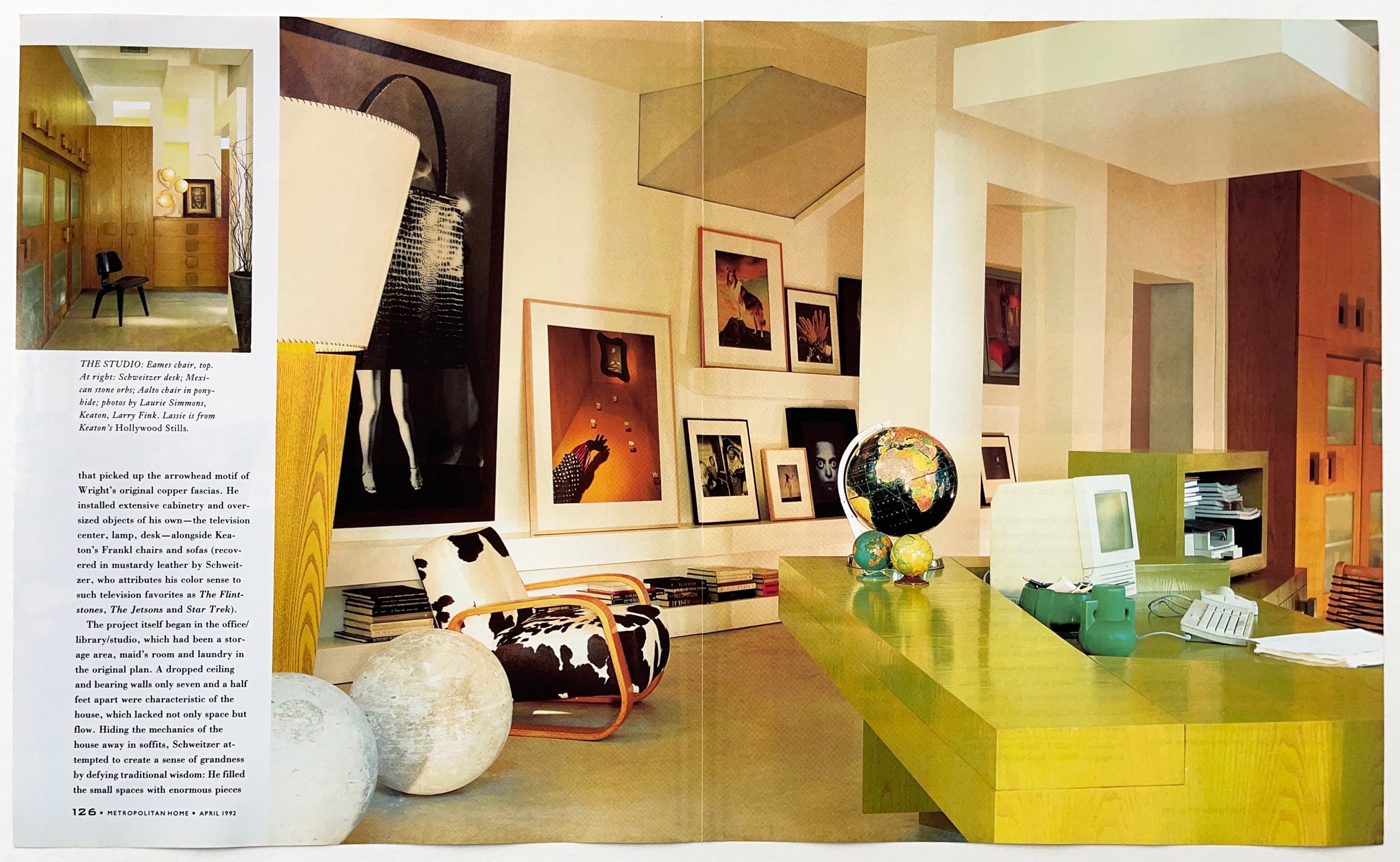
The Design 100 was an annual special issue that honored superlative invention and creativity in international design. The entire issue was designed as a one-off, with distinct typography, grid variations, color palette, and graphics. Art Director Kayo Der Sarkissian, whose incredible eye for detail and encyclopedic memory helped establish the rigor of the magazine’s evolving design.
George Gendron: Don, I want to go back to something we were talking about earlier, which is the transition you made from New York magazine to Met Home. And one question I should have asked back then, I’m really curious about, was, did you and Dorothy do a really dramatic redesign of the magazine all at one time, so that the look and the feel of the magazine, the typography, everything changed from one issue to the next? Or was this something that evolved over a period of time? Or a little of both?
Don Morris: I had to critique the magazine to get the job. And there were certain things that I saw as being sort of newspaper-like in their simplicity. And I’ve talked about how the verve of the subject and the sensibility of the subject could be more in the pages. And so from the beginning I was exploring that.
I was always, again, with that model of Esquire and developing a very strong relationship with the reader, I was interested in finding the right vessel for Met Home. For these voices that I was hearing in the halls that were telling stories. And I wanted to make a better, more in-step vessel to what it was I was hearing and what it is that we were reporting on.
And over time, I was there a while. I was there I think eight years, and I think we did three major redesigns. So we brought it to a place where I think we had a lot of tools that we felt were really perfect for what we were going to try to do. And we wanted to explore that.
We worked with grids a lot. We had sort of an elaborate set of tools. We drew our own type. But then there would be kind of constant evolution with the way that we would bring illustrators in, the kinds of photographers that we would invite. There was a lot of experimentation at that time with having people from different fields come in and bring that point of view to a new subject.
So we were inviting people that were not really in interiors to help portray the subjects of the magazine. We were shooting a lot more people, so we had great portraitists come in. There was a lot of evolution there, as the content sort of required.
George Gendron: Now we want to talk about something that was really, really striking about Met Home that had nothing to do with magazine making per se, but it was the unbelievably public support of the magazine for AIDS treatment, AIDS research at a time when there wasn’t even a vocabulary to describe what that was. During the later part of the ’80s, we would start to talk about social responsibility. We would start to talk about corporate social responsibility. But that language, that vocabulary, didn’t even exist then. So I’m curious about how that evolved. And I’m also really curious about what was the response of your owner?
Dorothy Kalins: That’s such a great story because here we were the “Lefty, Pinko, Radical” magazine of the Better Homes and Gardens company, which, by that time, had bought the Ladies Home Journal. So, I mean, they were just entrenched. My boss was the head of the magazine group at Meredith and they had dozens and dozens and dozens of magazines. And I was the one who would, you know, mess up the sandbox.
And we decided to do it because the people who we covered and our readers were getting sick. And it was very early on in this process. So early that when we actually decided to do a dinner and a gala to raise money, I called the director of the Museum of Natural History and they said, “Well, sorry. AIDS is not an approved disease. We can’t let you rent the hall.”
And I had a conversation with somebody at Canada Dry who said, “We don’t know how this disease is spread so we can’t support you because you might be able to do it by sharing cans.” Those are two examples of how resistant — the head of the magazine group at Meredith said, “This is so radical and this is so not in our wheelhouse.”
And here’s what was also important. Not only could Don and I work really closely together, we work really closely with our publisher. We happen to have a nutty, idiosyncratic, very effective publisher who was all for our doing something that would break through the sameness of our field.
The Met Home Show House & Gala AIDS Benefit
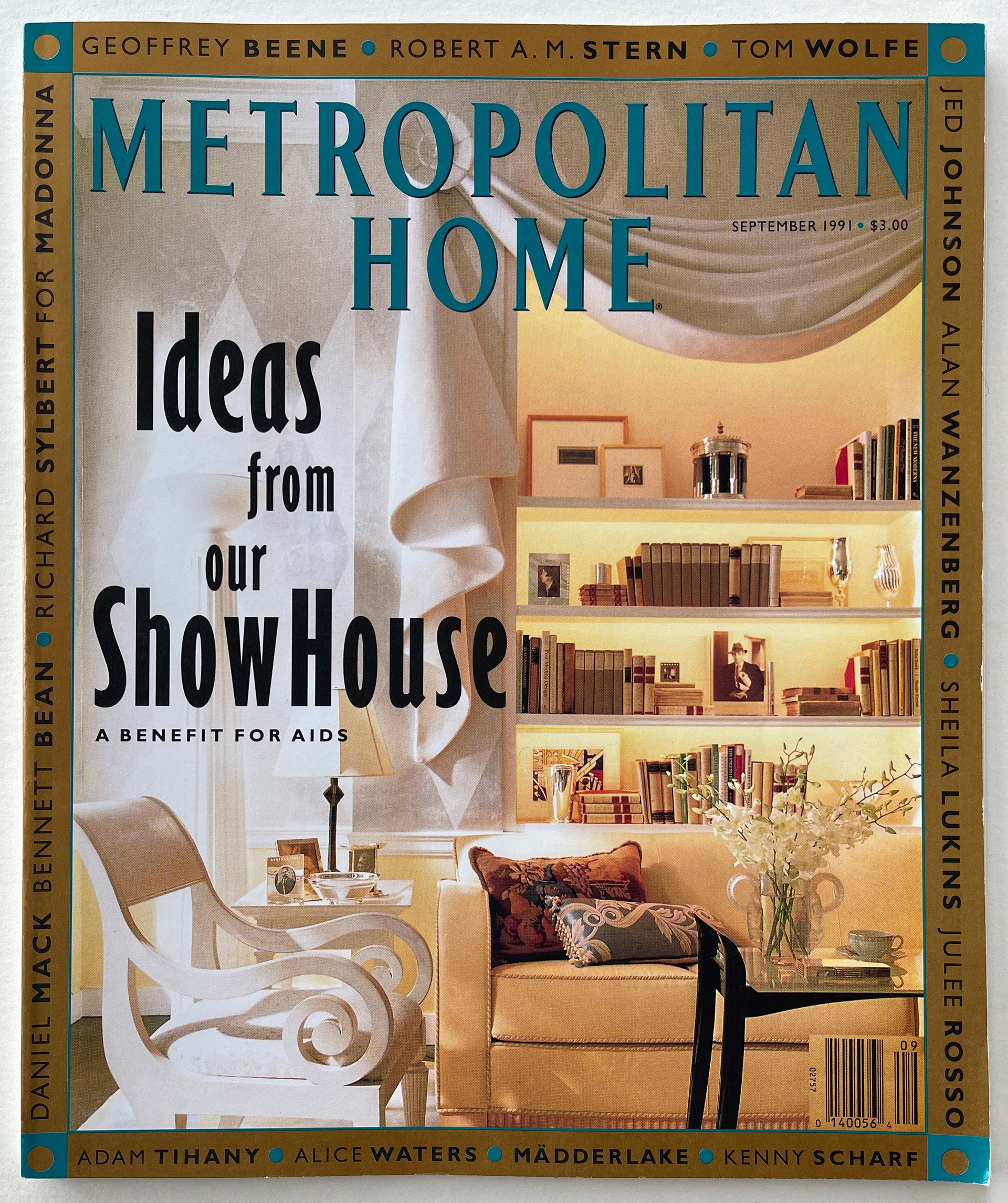

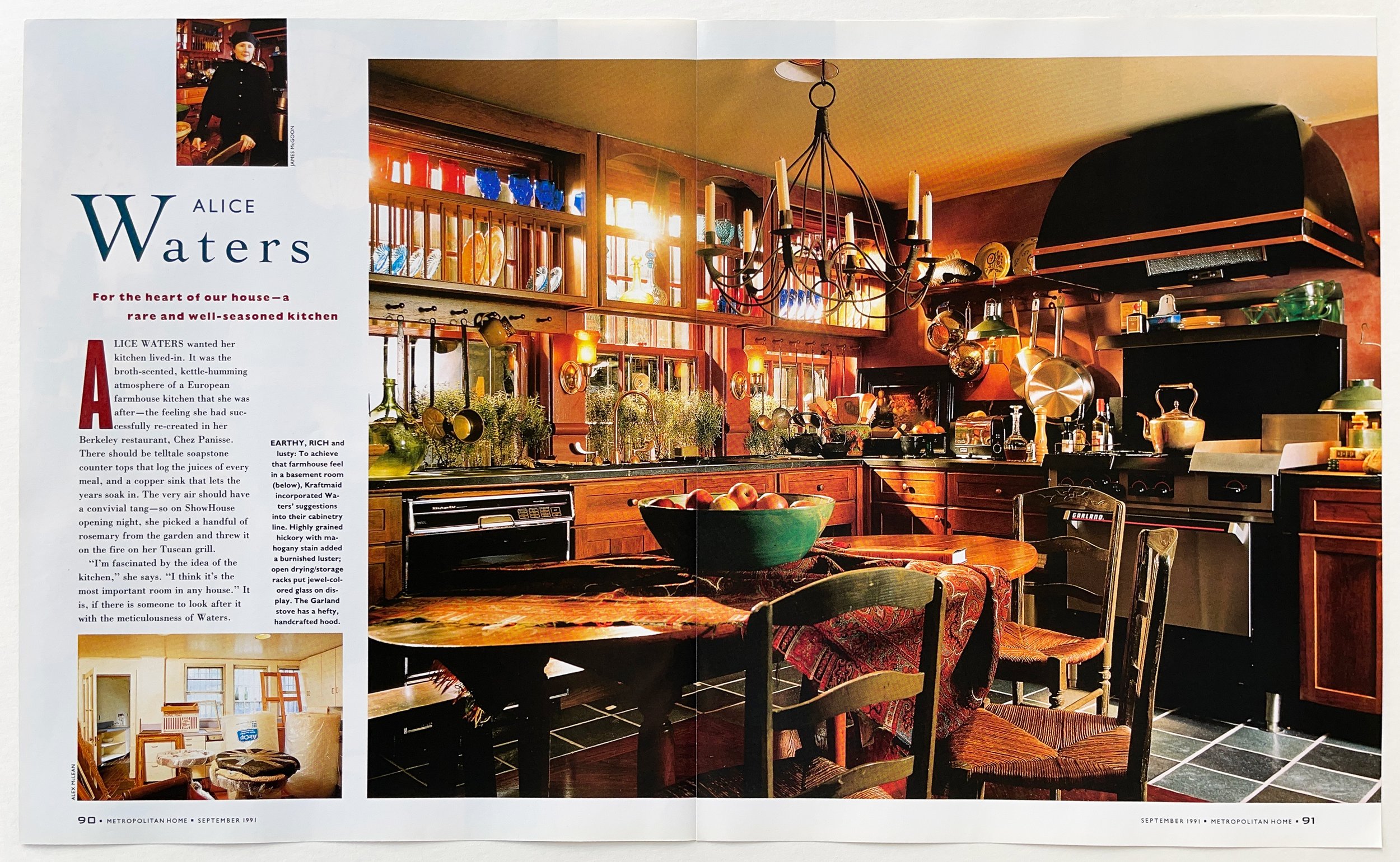

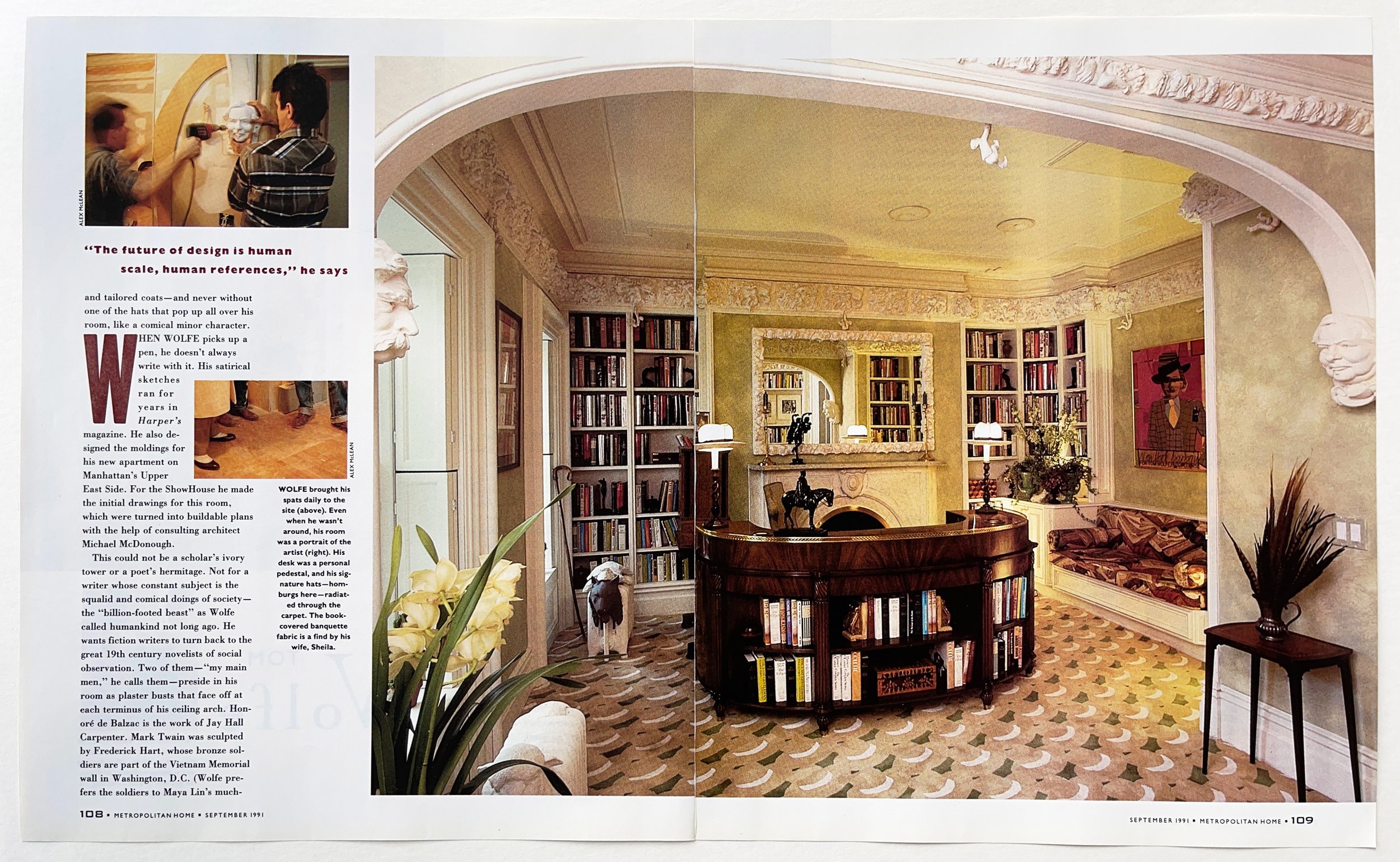

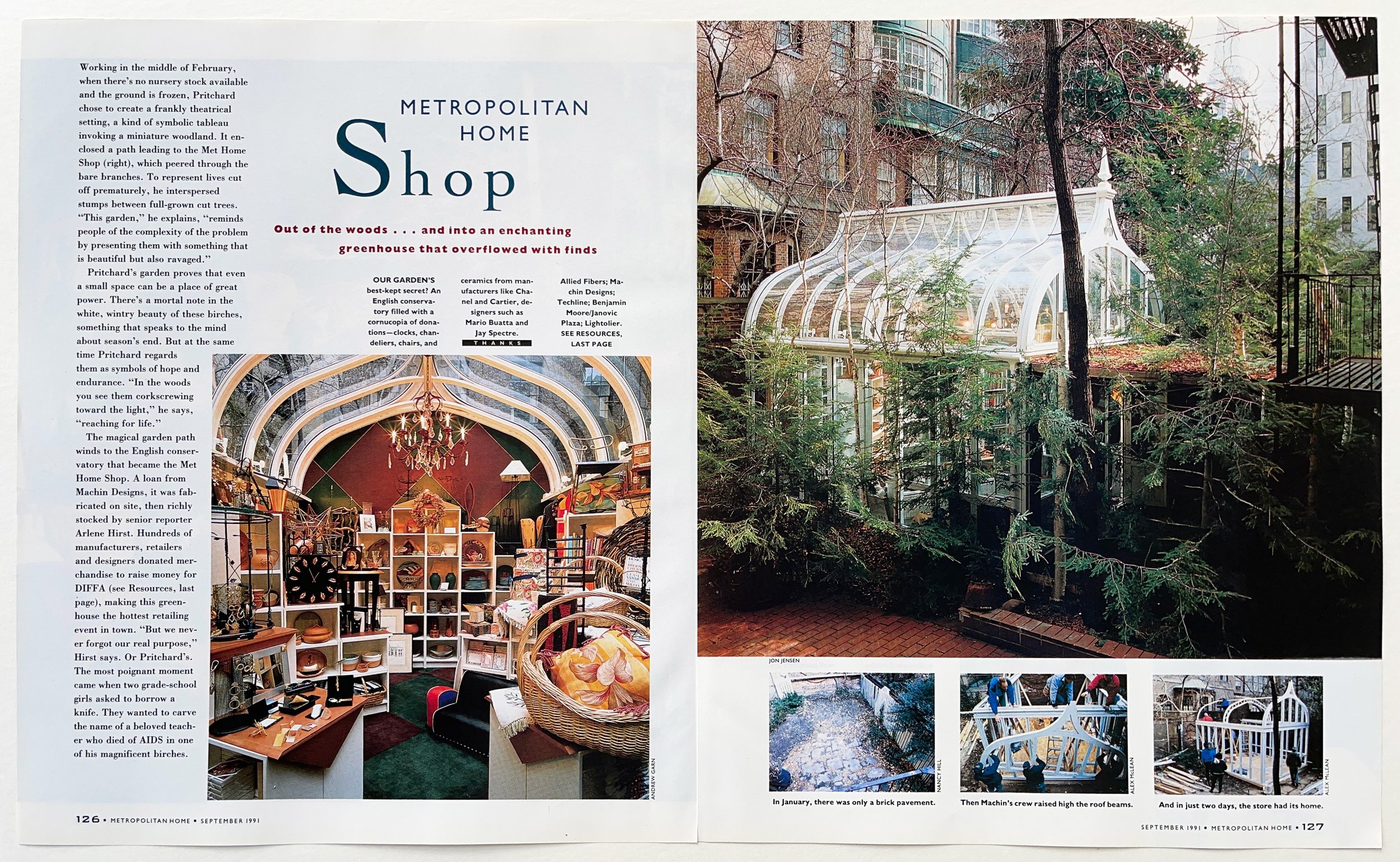
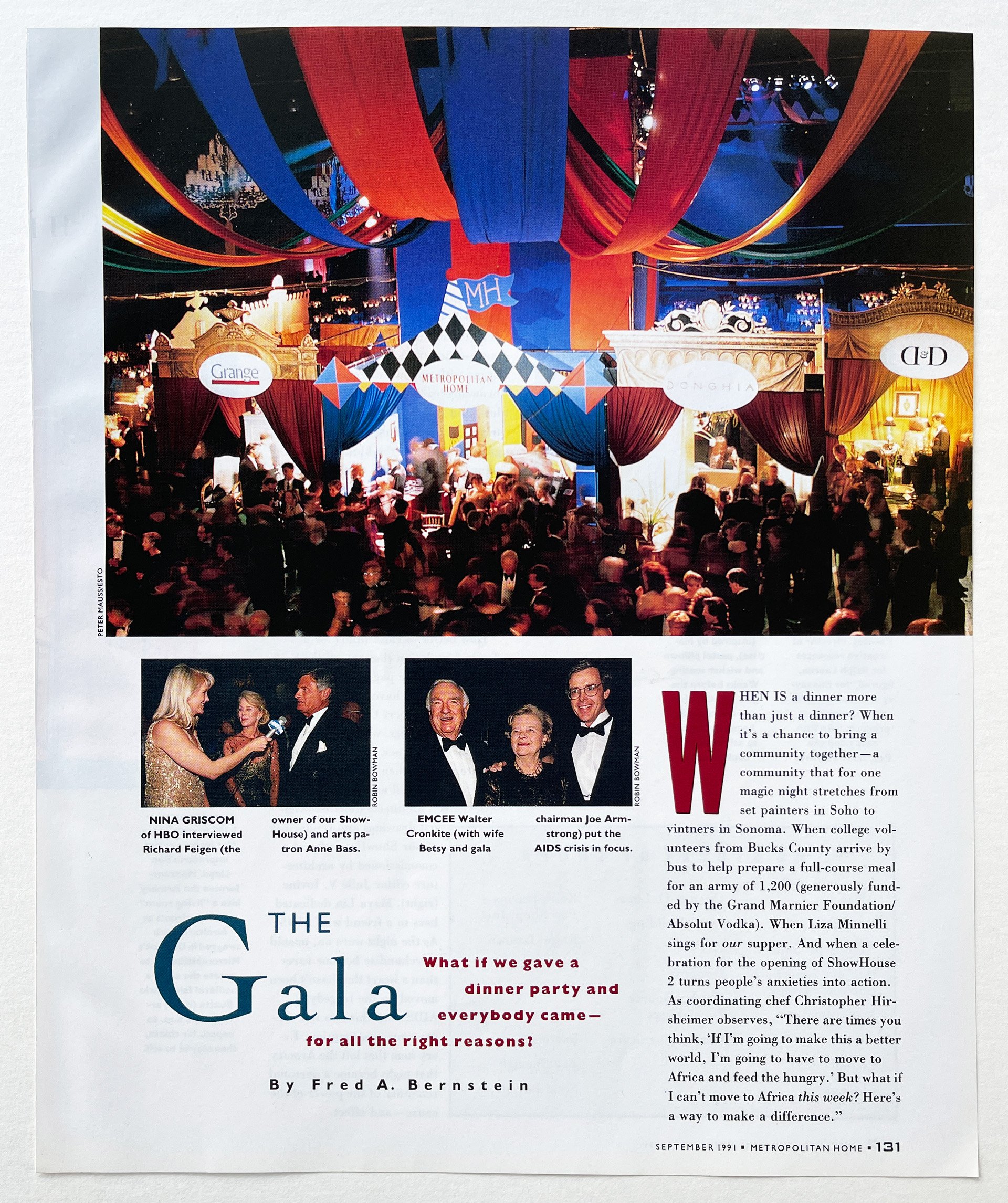
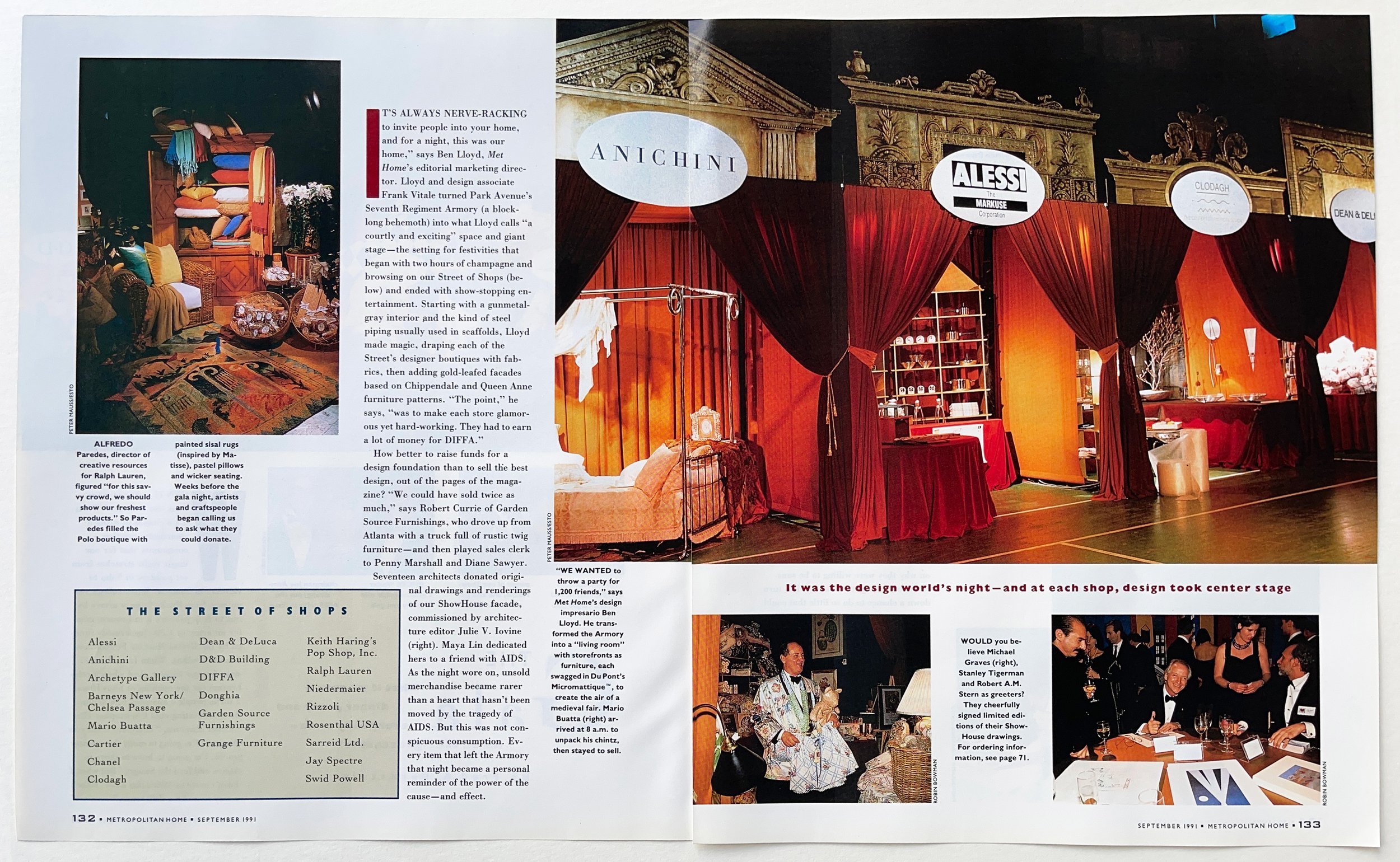
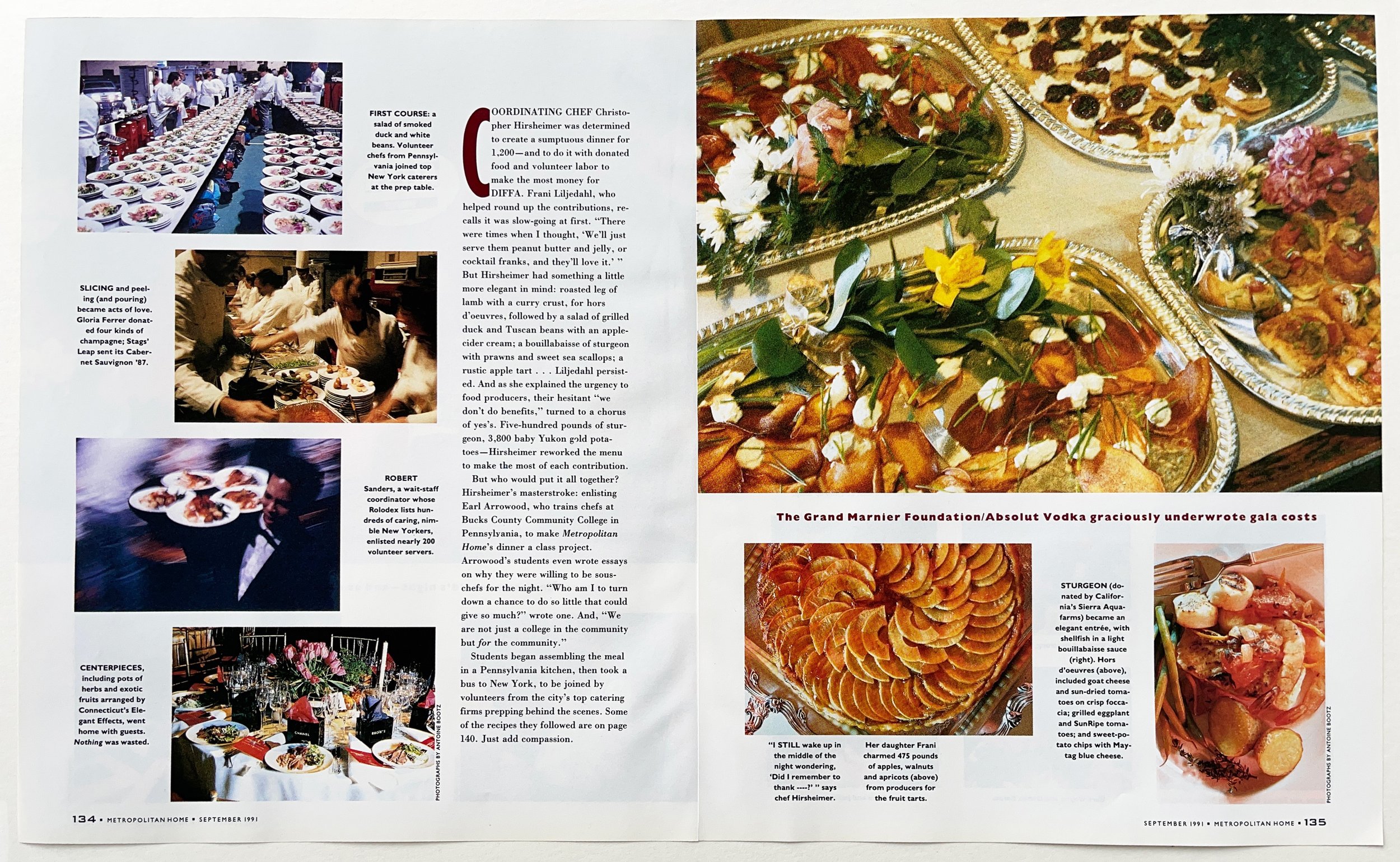

Morris: “The beauty of working for this magazine was that you’re surrounded by talented, caring people. Long hours were no problem if you were lucky enough to be a part of a strong team and believe in their mission. The Met Home staff rose to the AIDS epidemic by raising money and awareness via an ambitious showhouse/gala/magazine project in Manhattan. Our editors collaborated with the brightest architects, interior designers, artists, set designers, and landscape designers to create an eclectic, high-energy design experience in a Manhattan townhouse. Our staff curated a delightful shop with objects vetted by the magazine. We then staged an elaborate gala—orchestrating the event’s design, delicious food by enlisting top chefs, and first-class entertainment. This culminated into a richly detailed special issue that challenged the status quo and raised substantial money and awareness for DIFFA (Design Industries Foundation For AIDS).”
“We were so terrified because this was the early stages of AIDS and we saw it happen among the gay population that were the designers and our readers who were so important to us.”
So when I went to the head of the magazine group and said, “We want to do a special issue, we want to do a showhouse, inviting, not just interior designers, but set designers, and architects, and chefs to do rooms. And we want to have a gala, and we want to invite 1200 people, and have a shop where people can contribute what they made, their lamps, their objects, their whatever. So people, we could raise money that way.”
He said to me, “This is an idea that is doomed to fail. But if you are right, I will eat my words.” And in fact, he did. He wrote on a piece of paper six months later, when it was done, and he put it in his mouth, and chewed it, and swallowed it.
So, not only was it early in the AIDS world, it was something that magazines just didn’t do. You know, you were lucky to get your issues sold, and be able to sell enough copies on the newsstand, and get your paper and printing prices down. And that was the economics of being in the magazine business. But we just felt that we had to do it.
And we kept going back to our same well of people. I remember a young editor [Newell Turner] who came from the magazine program at Ole Miss. He was in graduate school at Ole Miss in journalism. And I was giving a speech down there and I came back and it turned out that one of our assistants had left, and I called up and I said, “Listen, if you really want to come to New York and you want to do this...” And the next year he wound up designing the lady’s room of the Park Avenue Armory so that it could be a place that people would be able to go during the gala. He ultimately went on to become editor of House Beautiful, interestingly, at Hearst.
But everybody was into it together because it was bigger than all of us. And we just, we were terrified. But we went for it.
Don Morris: Yeah, the entire staff was involved.
Dorothy Kalins: Absolutely. The entire staff.
George Gendron: As you’re talking, I’m thinking I could imagine many magazines getting together and thinking, “Well maybe we should donate a page of public service advertising for the cause.” So my response is, Dorothy, I think you had to think bigger at the time. That was huge.
Dorothy Kalins: You had to be a little bit nuts. But we were so terrified, George. Really, we were terrified because this was the early stages of AIDS and we saw it happen among the gay population that were the designers and our readers who were important to us. And it was just, we were very close to it, very early on.
George Gendron: I remember that period vividly. The first person I knew who had actually died of AIDS was my IP attorney up here in Boston — who was also Julia Childs’ — a brilliant, wonderful man, and I was having lunch with him, and he seemed to have a cold. And he had just come back from South America and he said, “Yeah, I picked up a virus down there.” And six months later he was dead. And this chill went through the community up here, when suddenly the gravity of this dawned on people. And yet it took ages and ages. So that was courageous and thrilling what you guys managed to pull off. That became a huge deal in New York.
Dorothy Kalins: It was a huge deal. It was terrifying every single step of the way. I won’t pretend that it wasn’t, because it was totally unplowed territory. But that’s where having a group of people around you who always encourage each other to go for it.
And that’s what I just feel like people who are working remotely and who are not seeing each other every day and who are away. You know, it’s very hard to generate that kind of feeling, both for the work that you do and the larger things that you tackle. It’s very difficult to do.
For the Design Preview ’90 issue, art director Richard Ferretti and Morris conceived of two related fonts. With no time to hire a typographer, the multi-talented Ferretti drew each character and then cut-and-pasted every title together for this special issue.
George Gendron: Okay, guys, now it’s time for our Print Is Dead Billion-Dollar Question. And you can answer this individually or collectively, and that is that the two of you are invited to lunch with Laurene Powell Jobs, and she confesses to you that she has always been a print magazine junkie and that she adored Metropolitan Home — although she was very young at the time. And she says to you, “I’d like to fund any magazine idea you would like to launch today. No budget. But I’d like to do my little bit to bring print magazines back to life again.” What would you guys do?
Don Morris: I think it would be something that doesn’t exist only in print. I think you would have to embrace the sort of multi-channel nature of the way that people like to receive things. So I think, you'd, you know, come up with a whole strategy that kind of gets a wide enough audience to matter. Subject-wise…?
Dorothy Kalins: See, I think it’s passed. I do. I think it’s an art form that lived in its time. And I fought it till the very end, but I, I just I wouldn’t launch a print publication right now.
George Gendron: Because it’s not financially viable? Keep in mind, Laurene doesn’t care about that.
Dorothy Kalins: It’s not that. It’s more that how can you be the only important voice in anything anymore? I mean, my last magazine job was the executive editor of Newsweek. And I remember running into Michael Wolff in the park. The writer Michael Wolff, who went on to write three books about Trump in his first three years. And he said, “I’ll bet you $10 million that Newsweek is not around in five years.” And I said, “Oh, Michael, don’t be ridiculous!”
I don’t know. I just believe that we were so lucky to have had the years with magazines that we had. You know, we love doing the books that we do and those are great. I would say, “Go spend it on the children at the border and make sure they have some kind of life, Laurene.” That’s what I would have her do with her money.
George Gendron: Well, I’m going to sound really callous now, because I was about to say that when you get the call from Laurene, say to her, you’ll get back to her, and Pat and I will come up with a bunch of ideas for the two of you that we would love to see you create.
Don Morris: Well, if I picked up the receiver, I think that what I would say is [we should make] a magazine that takes away a lot of the colored opinion to subjects and brings back what journalism is. Because I think that what people don’t really understand, and would be quite relevant, and probably quite fresh, is a magazine, or a news entity, that was really fresh, that showed multiple points of views to a subject, that gave people information and let them choose or let them disseminate.
But really, like the early days of television, where if you had a certain amount of news that was required for you to be able to broadcast, you had to show opposing views. You had to show a couple of views. And I think anything that we could produce now that put different points of view in one place for people to digest and get a little bit more of a balance that they then had to come away and make their own opinion about, would be incredibly useful. You know, to just do something to crack the siloed nature of all these conversations.
The collaboration that Morris and Kalins began in 1985 remains fruitfully intact to this day. After Met Home was sold to Hachette in 1992, the duo pursued their own paths. Morris launched his eponymous design studio, where he continues to do editorial work with clients including Entertainment Weekly, The Wall Street Journal, and Bloomberg, and expanding into branding and books. In 1993, Kalins became partner and editor-in-chief of Meigher Communications, where she launched Saveur and Garden Design. Between them, they’ve been the recipient of gobs of awards, including multiple National Magazine Awards. In 2018, Kalins was elected to the ASME Magazine Editors’ Hall of Fame. Over the last several years, Kalins (now Dorothy Kalins Ink) and Morris have collaborated on several successful book projects (see above), and continue to do so.
Back to the Interviews
Everyone Is a Salesman
A conversation with designer Gael Towey (Martha Stewart Living, MSLO, Clarkson Potter, House & Garden, more)
—
THIS EPISODE IS MADE POSSIBLE WITH THE SUPPORT OF COMMERCIAL TYPE
In 1995, New York magazine declared Martha Stewart the “Definitive American Woman of Our Time.” And, as the saying goes, sort of, behind every Definitive American Woman of Our Time is another Definitive American Woman of Our Time. And that’s today’s guest, designer Gael Towey.
But let’s back up. It’s 1982, and Martha Stewart, then known as the “domestic goddess” — or some other equally dismissive moniker — published her first book, Entertaining. It was a blockbuster success that was soon followed by a torrent of food, decorating, and lifestyle bestsellers.
In 1990, after a few years making books with the likes of Jackie Onassis, Irving Penn, Arthur Miller, and, yes, Martha Stewart, Towey and her Clarkson Potter colleague, Isolde Motley, were lured away by Stewart, who had struck a deal with Time Inc. to conceive and launch a new magazine.
Towey’s modest assignment? Define and create the Martha Stewart brand. Put a face to the name. From scratch. And then distill it across a rapidly-expanding media and retail empire.
In the process, Stewart, Motley, and Towey redefined everything about not only women’s magazines, but the media industry itself — and spawned imitations from Oprah, Rachael, and even Rosie.
By the turn of the millennium, Martha Stewart Living Omnimedia, as it was rebranded in 1997, included seven magazines, multiple TV projects, a paint collection with Sherwin-Williams, a mail-order catalog, Martha by Mail, multimillion-dollar deals with retailers Kmart, Home Depot, and Macy’s, a line of crafts for Michael’s, a custom furniture brand with Bernhardt, and even more bestselling books. And the responsibility for the visual identity of all of it fell to Towey and her incredibly talented team. It was a massive job.
We talk to Towey about her early years in New Jersey, about being torn between two men (“Pierre” and Stephen), eating frog legs with Condé Nast’s notorious editorial director, Alexander Liberman, and, about how, when all is said and done, life is about making beautiful things with extraordinary people.
“I’m a hard worker. It never bothered me that I was essentially a mechanical artist. These are the days of getting lino proofs and using rubber cement and all of that. I was just so happy to be in the room.”
Towey (fourth from right) with the original MSL team at Time Inc.
Patrick Mitchell: Gael, your dad was in sales. Mine was too. You said he always told you, “Gael, everyone is a salesman.” How do you think that influenced your career?
Gael Towey: When I was working at Clarkson Potter publishers, I was the art director, and I had to present all of my covers to the ad sales team, and also our publisher, Bruce Harris, who I really adored and I learned a lot from. I’d have to show them to Bruce first, and then I would go before the sales team panel, which was probably about 25 people.
It was a very intimidating group. And I remember going up in the elevator to this meeting, and in my mind I heard my father say, “Gael, everybody is a salesman.” And what he meant was that we are all out there, no matter who we are, basically, we are trying to convince people to agree with us. And that’s something that’s part of everything that I have done, in terms of my career.
Patrick Mitchell: You described your mother as a “crazy perfectionist.” Can you tell us a little bit about her?
Gael Towey: When I was in second grade, the nuns told my mother that I had to stay back because I was a really poor reader. I could not spell. I would get so mixed up between like “girl” and “grill” and, you know, all of these things.
And in those days people didn’t know about dyslexia. So my mother hired a tutor. And the tutor told my mother that I was not dyslexic. I was just slow. So I had this kind of growing up where I was constantly fighting against people thinking that I was stupid. And my mother, by the time I got to college, and I kept failing, it was very depressing, but it made me very strong.
Anyway, I went to college, and when I was writing letters home, my mother would attach a typed list of all of the words that I misspelled to the top of my letter and return it to me.
Patrick Mitchell: What was that relationship like?
Gael Towey: Difficult.
Patrick Mitchell: Is she still with us?
Gael Towey: No, she is not. She’s not still with us. You know what? It gave me strength to go head to head with Martha when I needed to.
Debra Bishop: Gael, where does your creativity come from? Was there crafting or cooking in your early days?
Gael Towey: You know, I’ve been listening to a lot of your podcasts and all of them have made me think back about moments in my career, or my life, or my training, that I hadn’t really thought about. And I went to Boston University. I had a terrible graphic design training, but what I did take is painting, and sculpture, and photography, and art history, and history of photography, and printmaking, and pottery, and all of those things prepared me to be a good art director because they were all about imagining something that you would make. And as you know, Deb, because you and I worked together at Martha Stewart Living, it was all about making stuff up.
Debra Bishop: But as I recall, you love to sew and you’re good at that. So maybe your mother had a hand in your early days.
You grew up in New Jersey, one of six kids. Did any of your siblings pursue creative careers as well?
Gael Towey: I did grow up in New Jersey. And I’m the oldest of six. I’m part of an enormous Catholic family. I have 45 cousins on my mother’s side. My mother was one of nine children.
And I did learn to sew as a child because we didn’t have very much money. And it was all about hand-me-downs. I got hand-me-downs from my older cousins. So if you wanted to look fashionable, you had to make your own clothes, which is what I did. Which was kind of a perfect thing because in the ’60s, of course you had, I was doing like tie dyeing sheets and making them into dresses and stuff like that. It was great training.
Debra Bishop: Oh yeah! Banana collars... remember those? And gosh, big buttons. So when you were little, did you have heroes? Did you have crushes or were inspired by certain people?
Gael Towey: I was inspired by my grandfather and I wish that I knew that beforehand. My grandfather was an OB GYN at the Margaret Hague Hospital in Jersey City, and he was a wonderful, wonderful photographer.
He had a two and a quarter Rolleiflex, which is the kind that you stare down into the ground glass, and it’s turning it around. And my grandparents’ house at the Jersey Shore was filled with his photographs of his children, and my grandfather was quite short, and you’re holding the camera kind of low, so, all the pictures of my aunts and uncles of which as I said, there are many, you’re looking up. And they were so heroic and he printed them in black and white. He was very fastidious, putting all the crop marks, et cetera, and growing up with seeing those photographs, you know, I didn’t realize this till later in my career, but it was pivotal for me, absolutely pivotal.
And the other story about my grandfather, Pop Connell, is that he delivered Martha! And she remembers they lived in Jersey City on Carlton Avenue and his office was on the bottom floor, the sort of basement floor of it. It was like a semi-attached house where you would share the driveways with your next door neighbor.
And she remembers going there on Saturdays because they only had one car in their family. And she also came from a very large family, and she remembers sitting there with her mother and her father waiting to see Dr. John Connell.
Patrick Mitchell: Wow. How did you decide to go to BU?
Gael Towey: You know, my parents didn’t take us to see any schools or anything like that, and it was all about getting financial aid because there were so many kids in our family. So you really went to the place that was going to give you financial aid.
Above, from left: Christopher Holme, Towey, Jacqueline Kennedy Onassis, and Bryan Holme at work on Onassis’ book, In the Russian Style, at the Viking Press in New York, ca. 1977.
Patrick Mitchell: And did you know, when you finished school—I know you went through a process of figuring out that you wanted to become a design major—but did you know after school you were New York-bound?
Gael Towey: Yes. I understood that there was really no other place to have a career in design. And I went to see a vast assortment—I had 30 interviews when I graduated, and I was carrying around that enormous portfolio. You remember those? They were probably 30 inches by 20 inches or something. They were so heavy. And I didn’t have any magazine covers. I didn’t have any book covers. I just had art, you know, I had silkscreens, and photographs, and illustrations, and some typographic treatments on silkscreen. It’s pathetic.
No wonder I had 30 interviews! I only had one job offer.
Patrick Mitchell: What was the first job interview you went on?
Gael Towey: Oh, I don’t remember the first job interview. I think Grey Advertising actually did offer me a job. So I was choosing between Grey and Viking. And, I don’t know, I guess what intrigued me about Viking Press was the books.
The books were so beautiful. There were art books and museum catalogs and so on. It was a very impressive place.
Patrick Mitchell: Was there a job that you badly wanted but didn’t get? Like, a heartbreaker?
Gael Towey: No. I just didn’t know anything about the business. Stephen, my husband, as you guys know, went to Cooper Union. And he was taught by Milton Glaser, Seymour Chwast—all of these really famous designers and illustrators, and they gave him jobs and he knew everything about the business because he lived in New York City.
Patrick Mitchell: He was a thoroughbred.
Gael Towey: Yeah.
Debra Bishop: He didn’t have to hit the pavement.
Gael Towey: No.
The Martha Diaspora
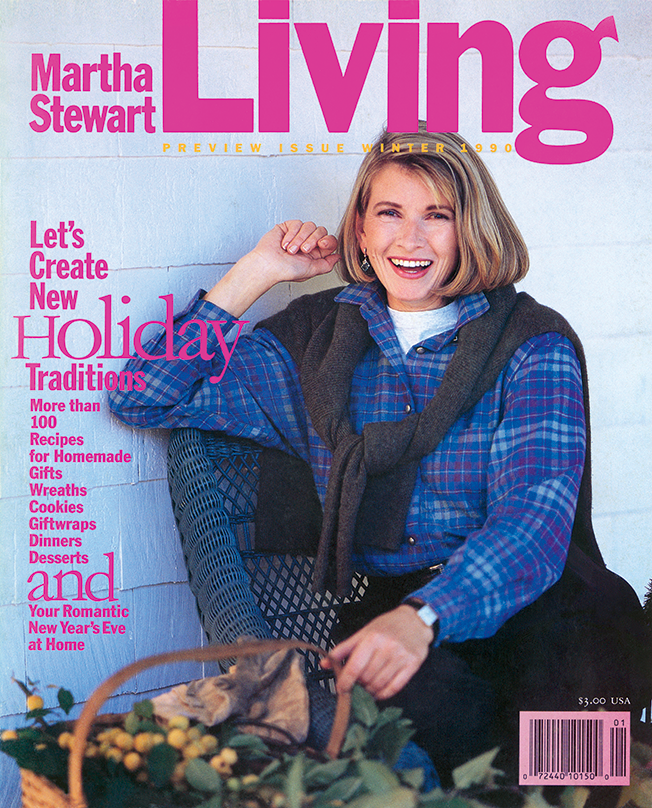
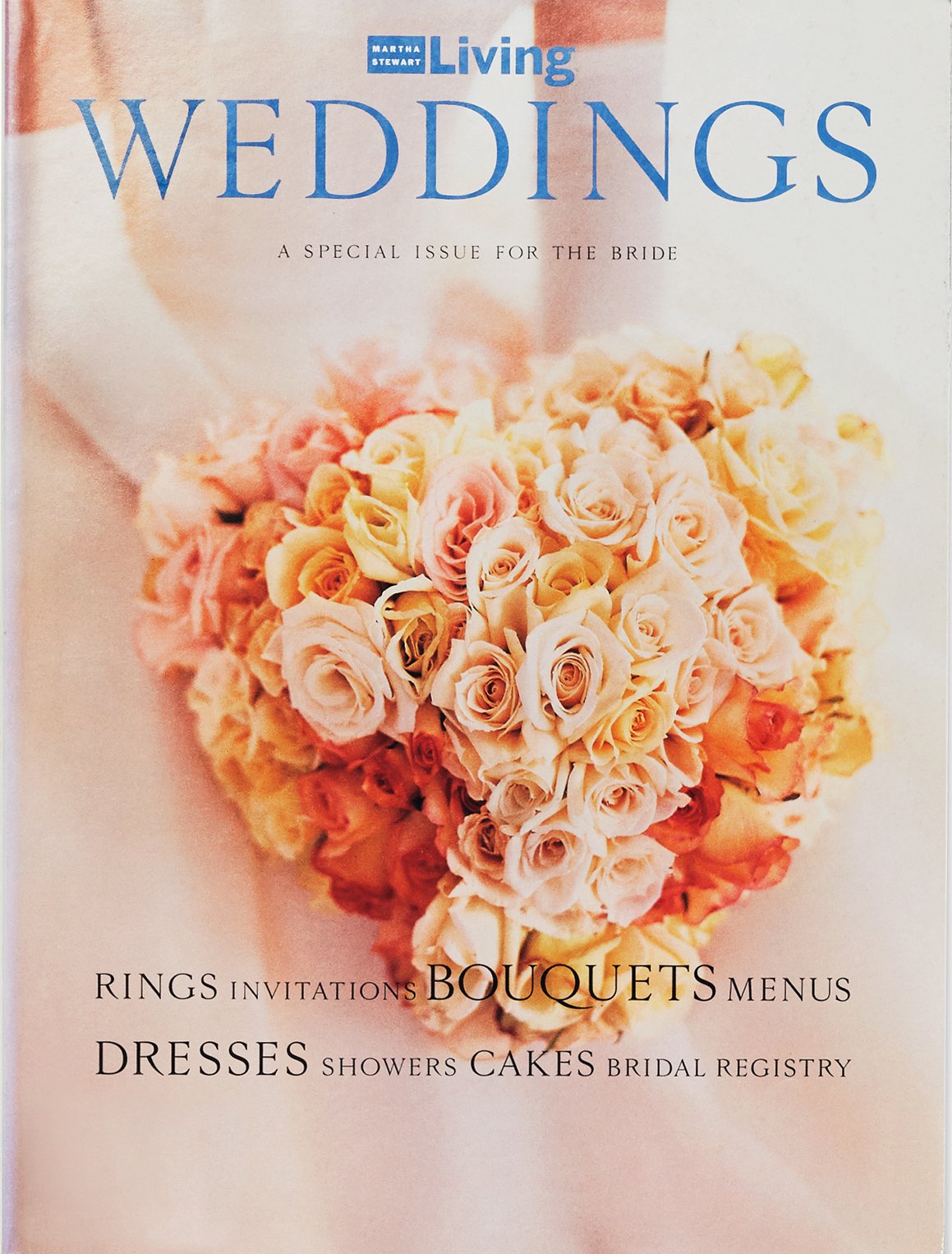
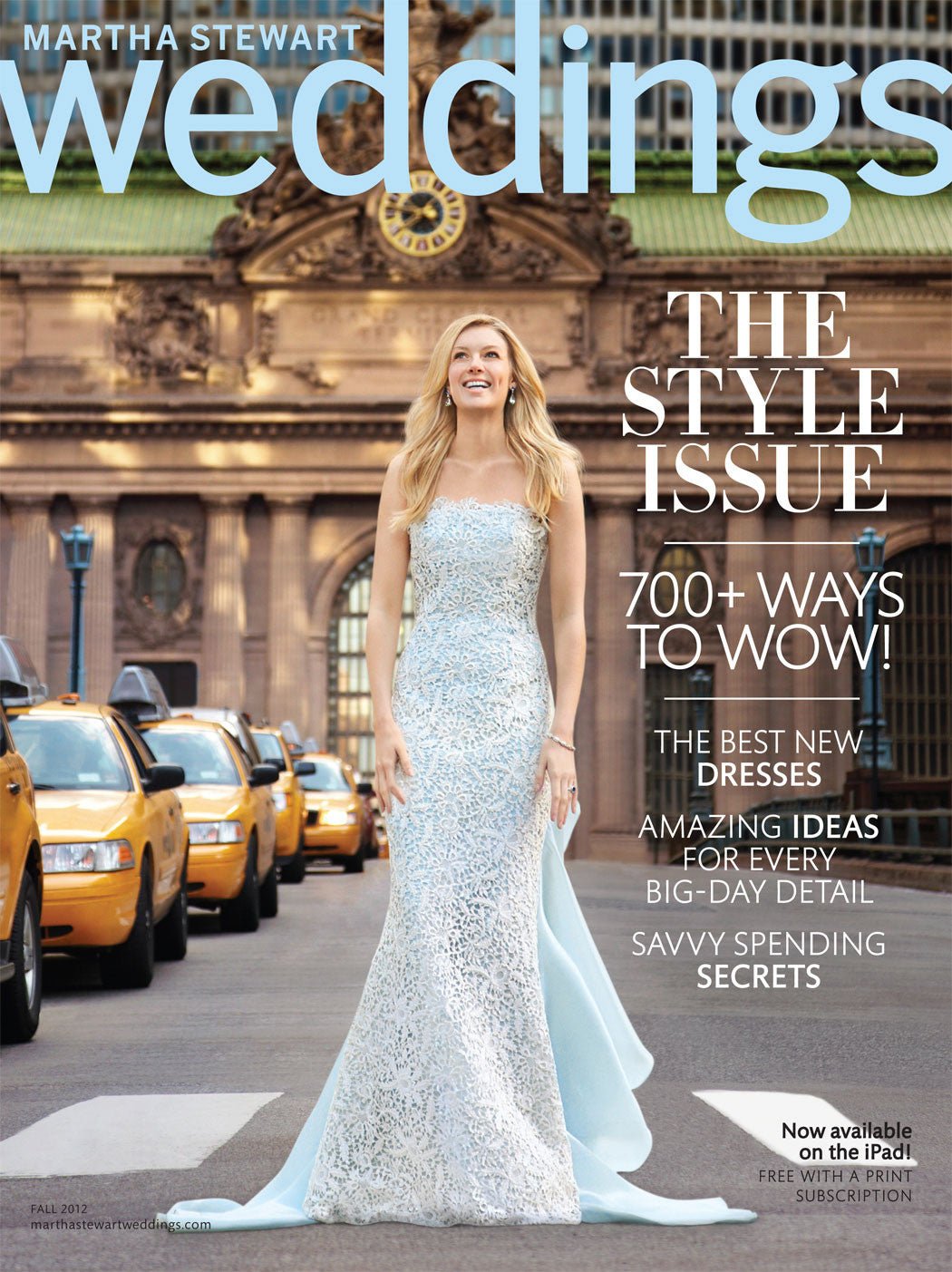
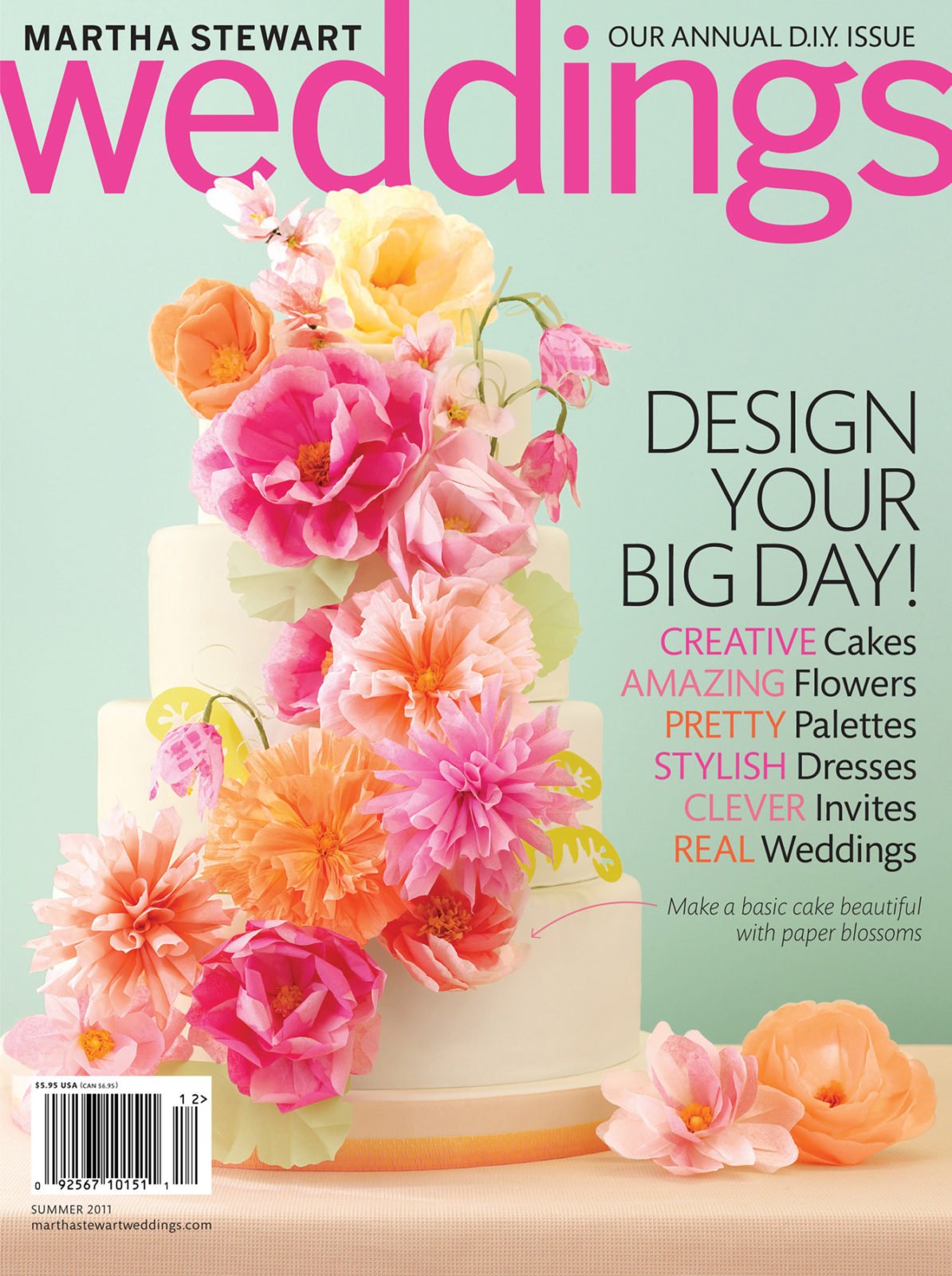

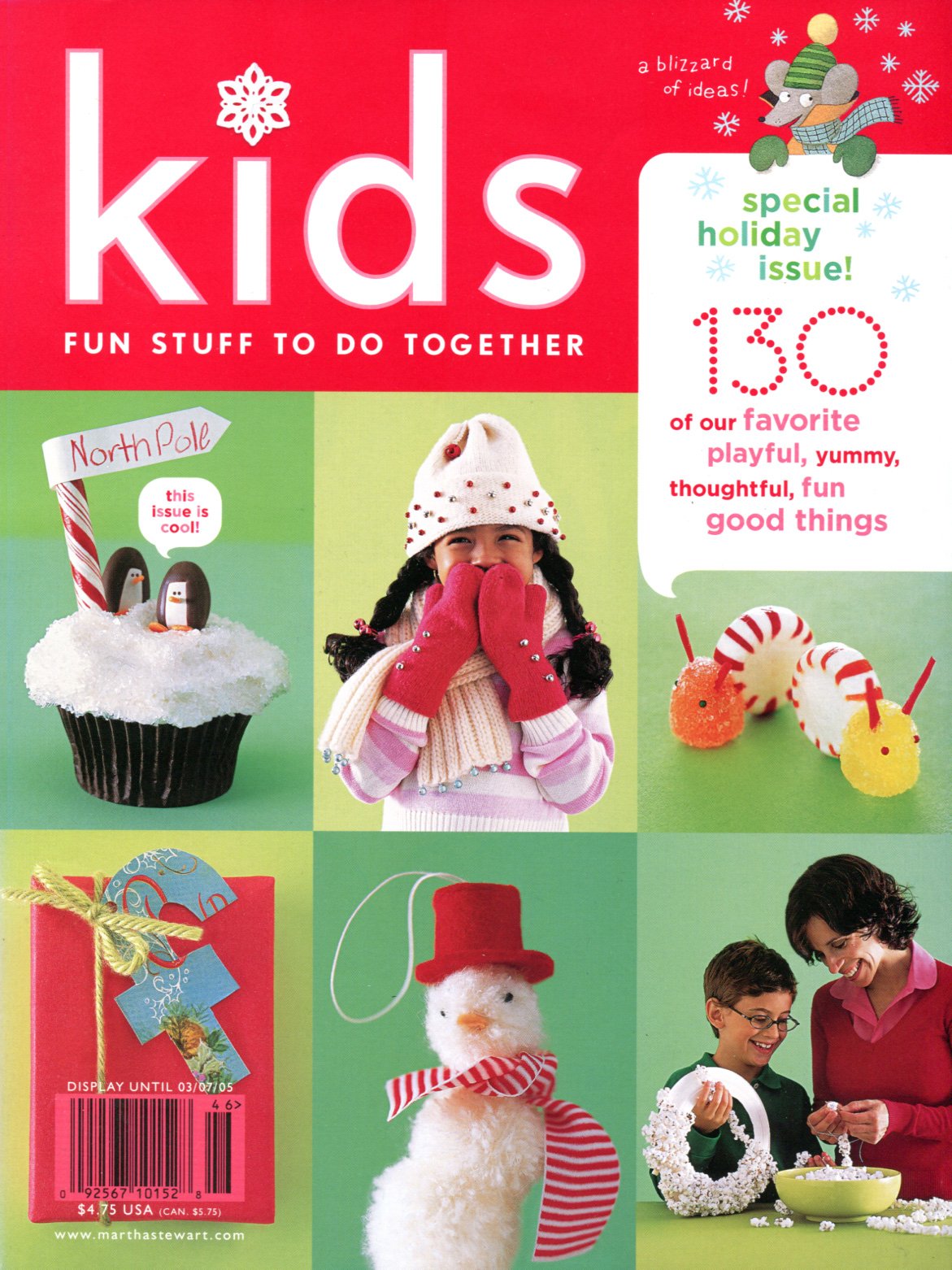
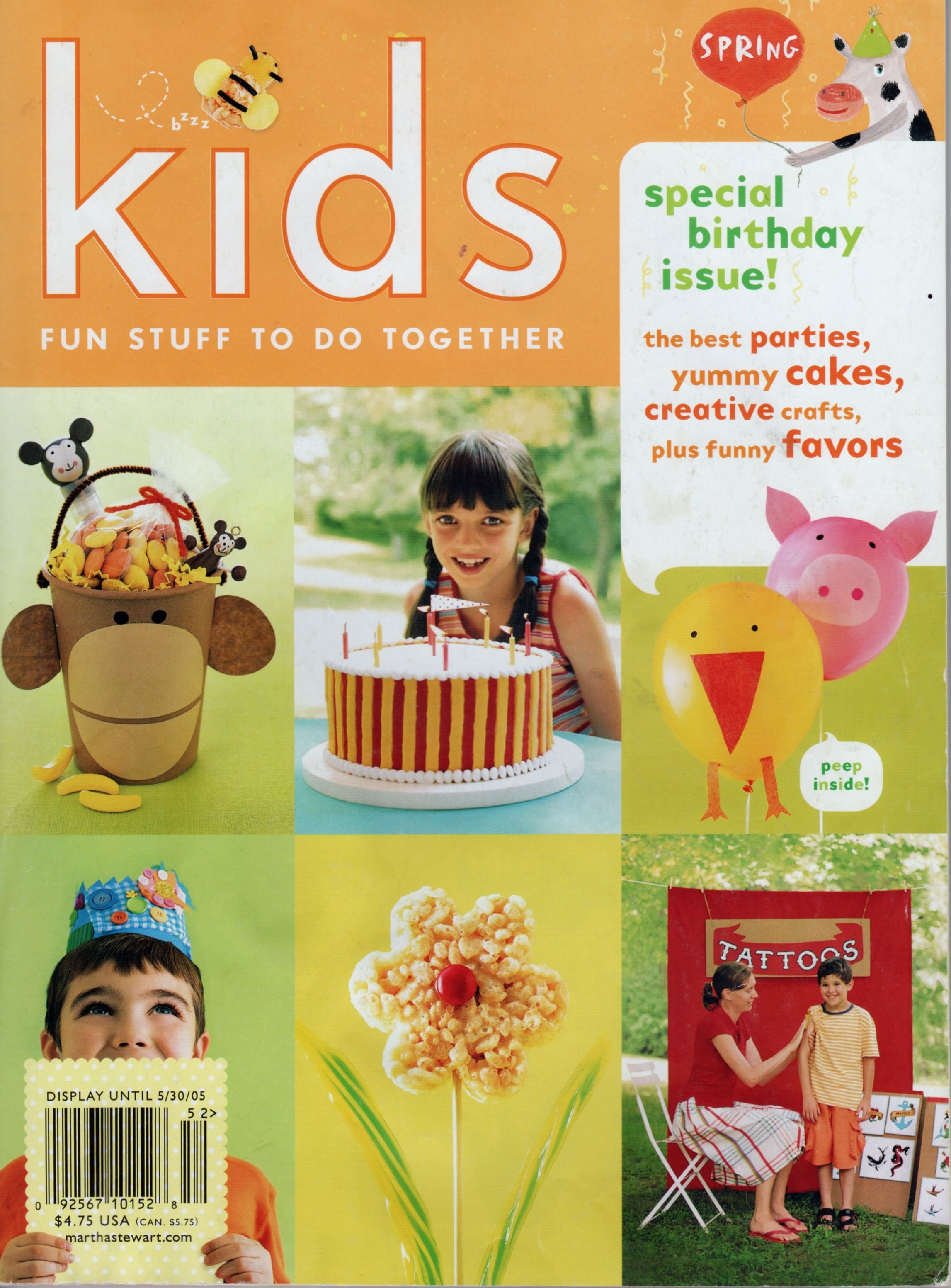
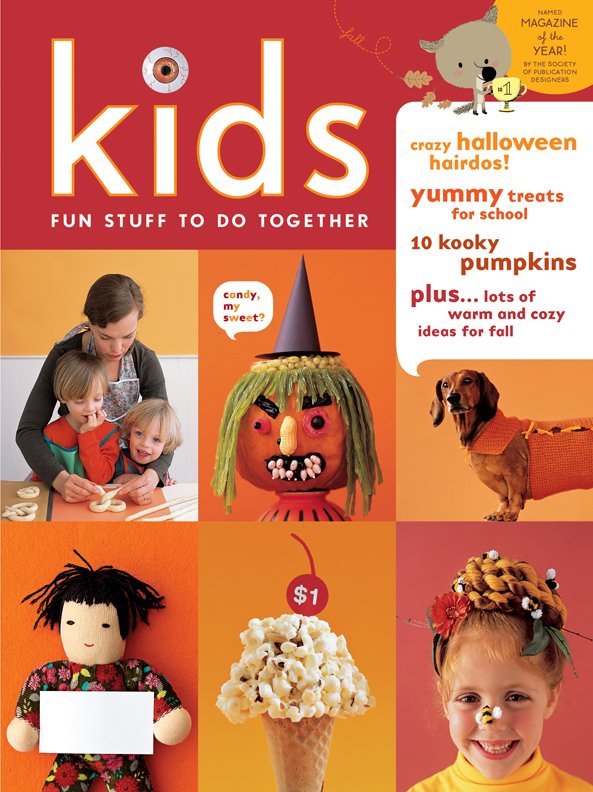


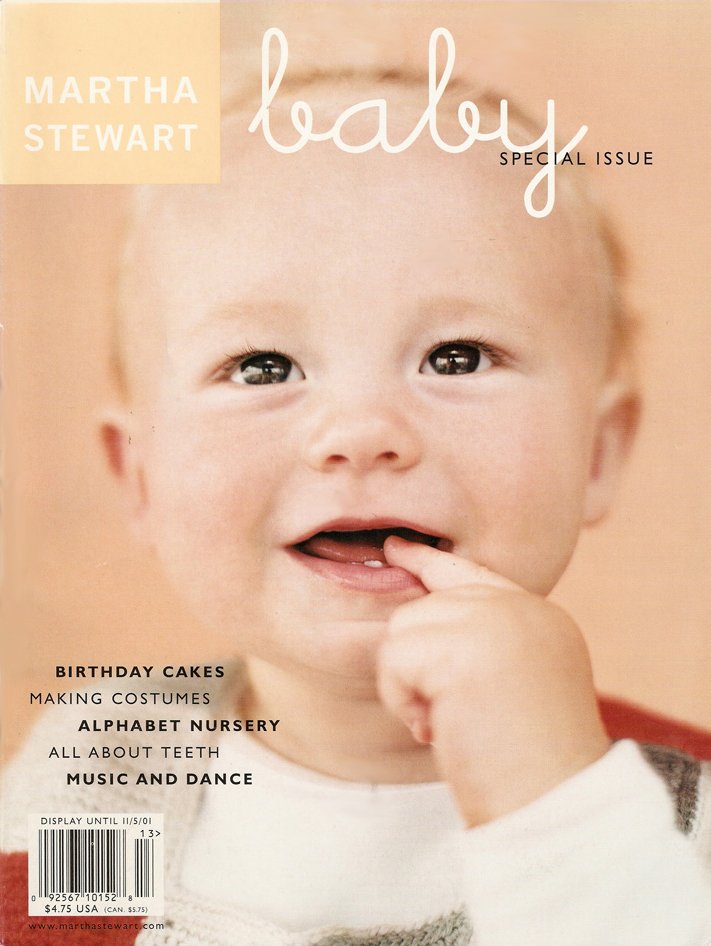
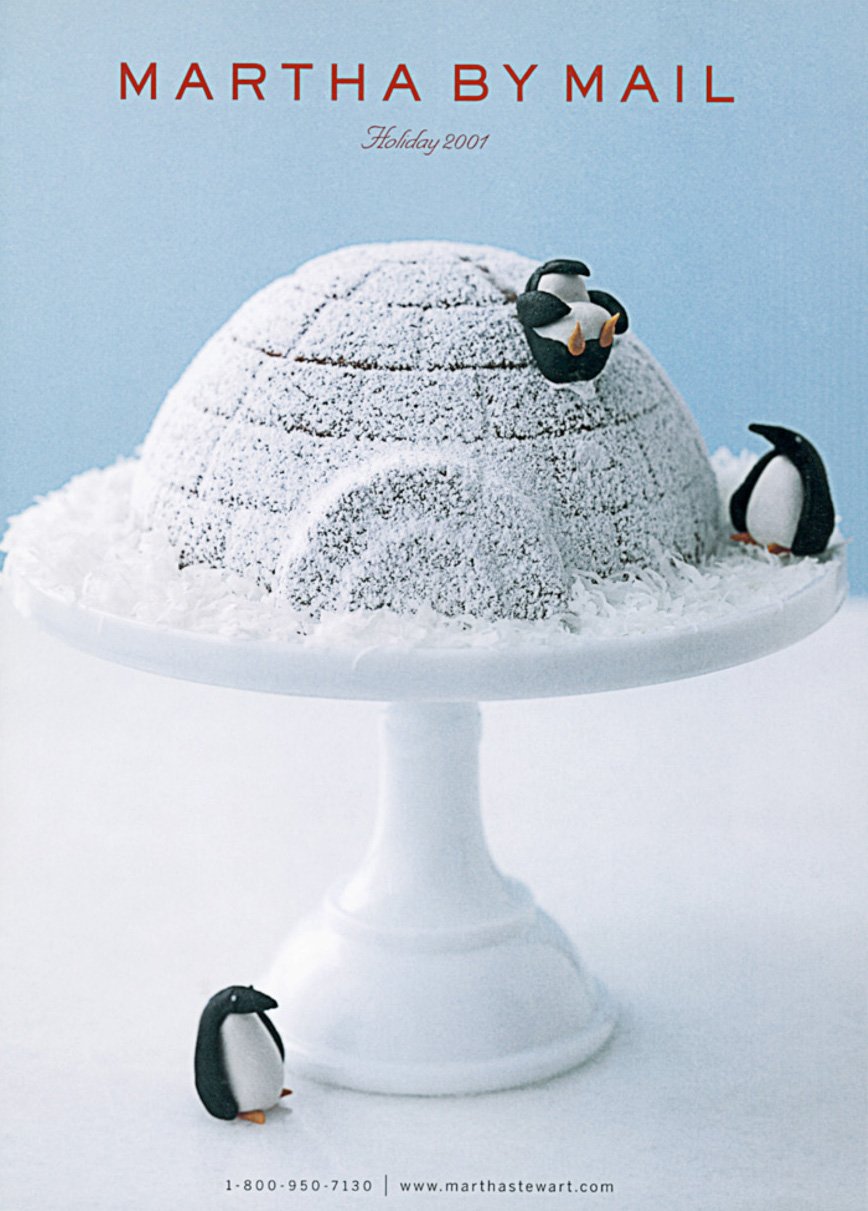
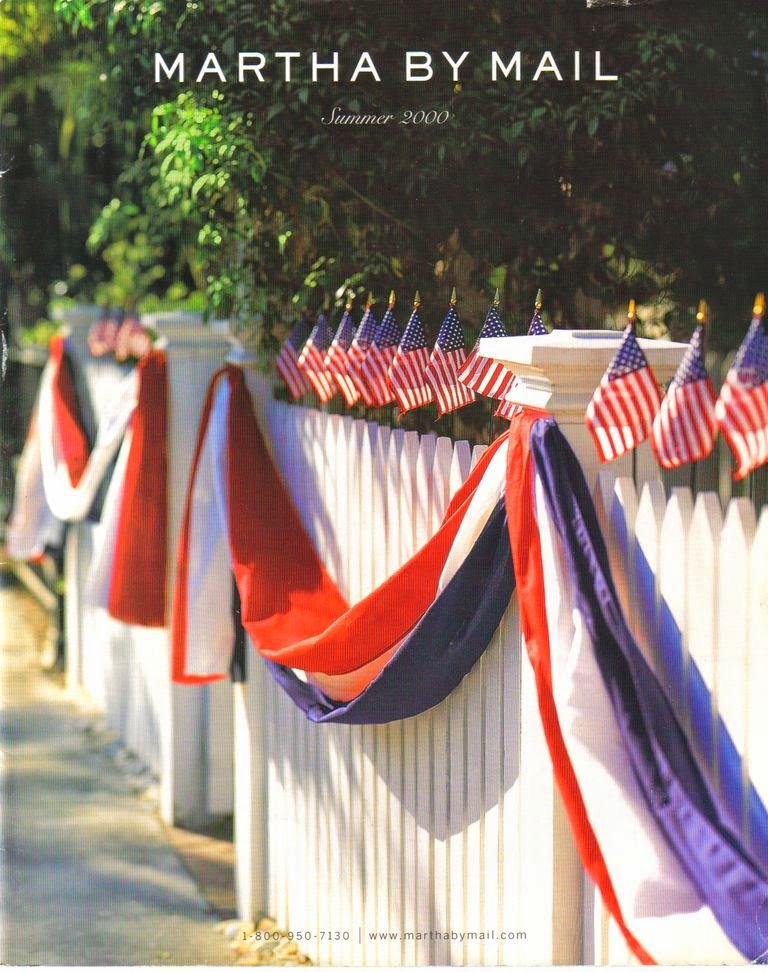
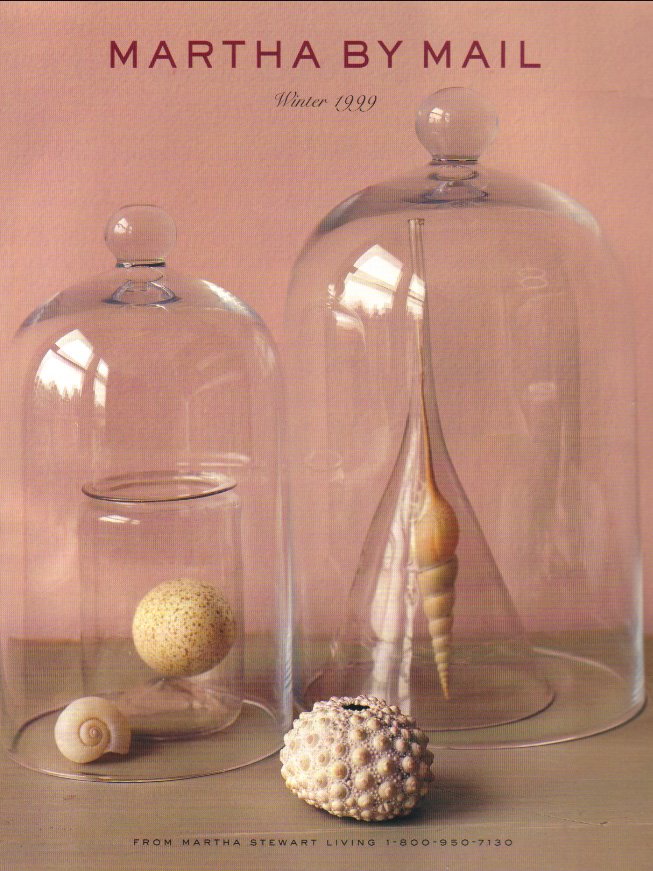
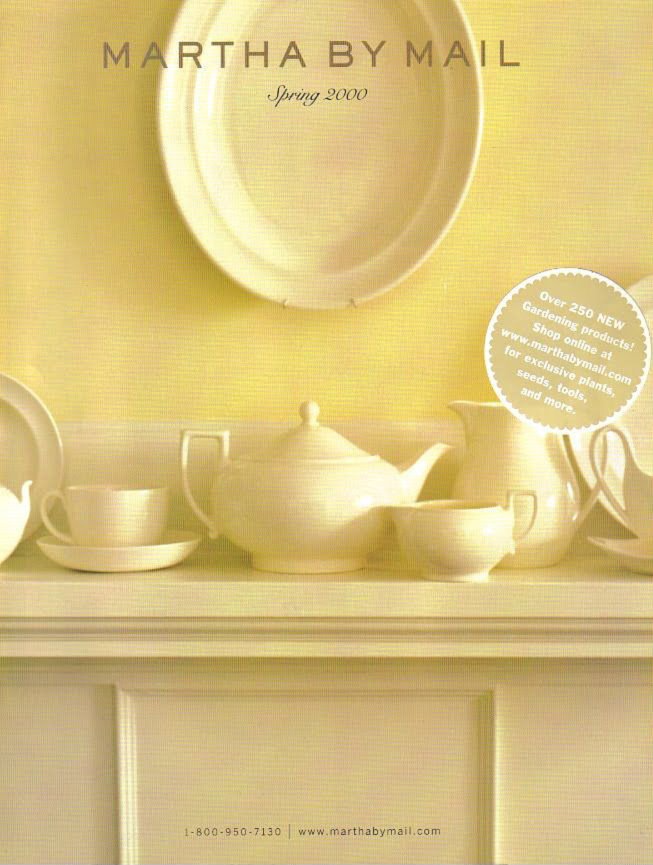
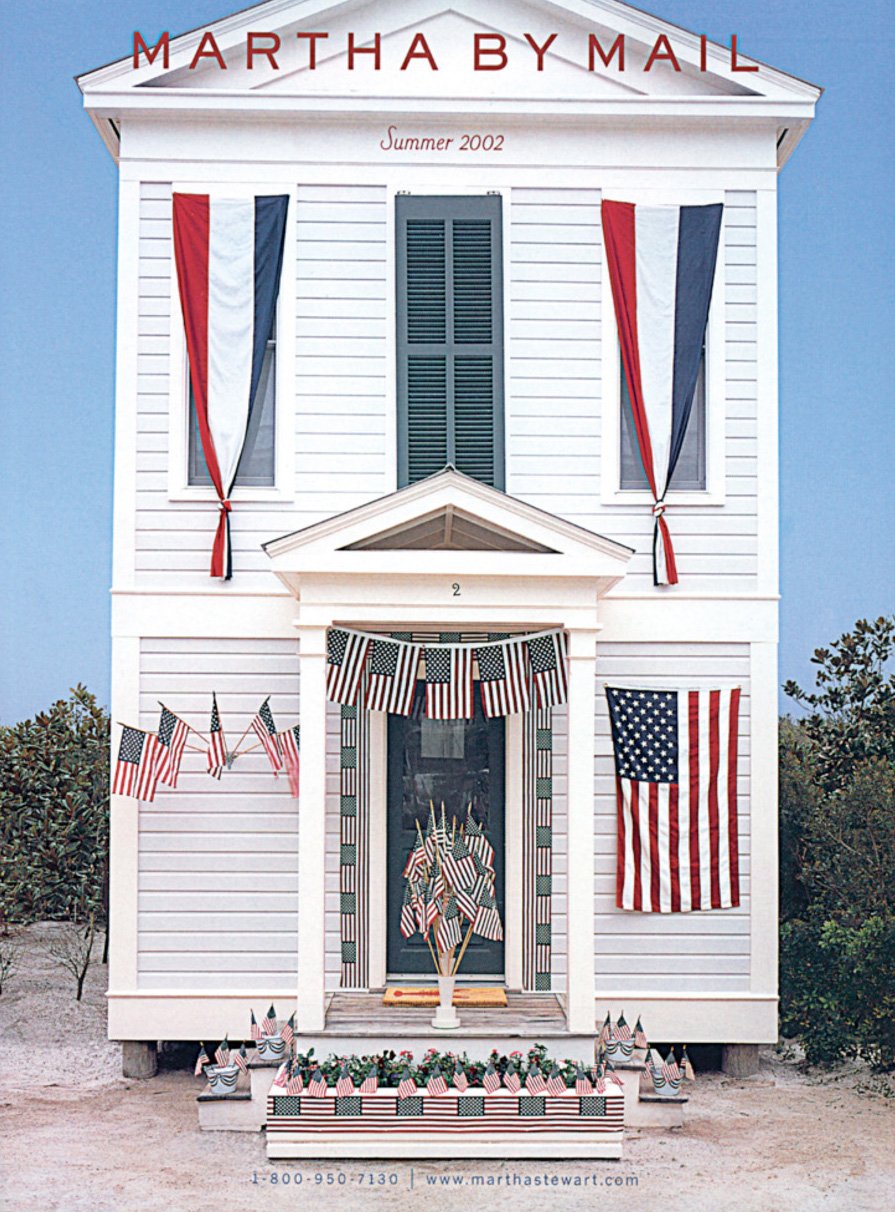

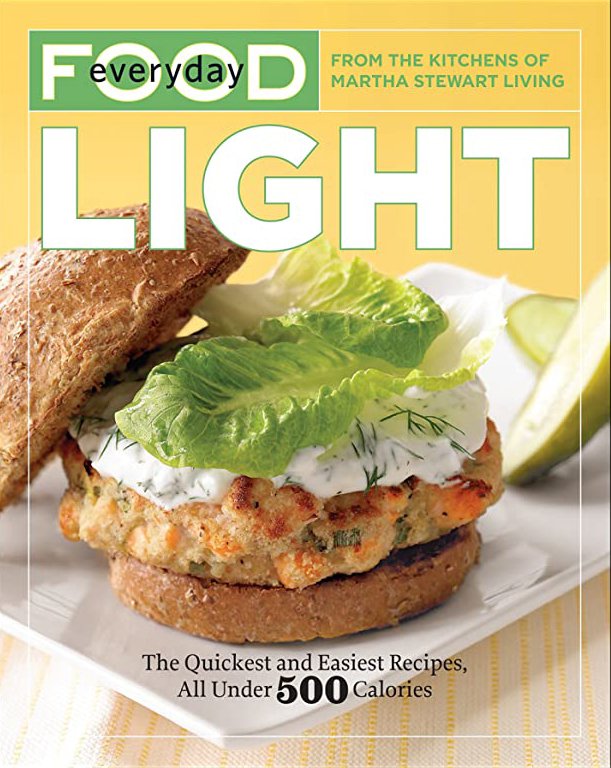

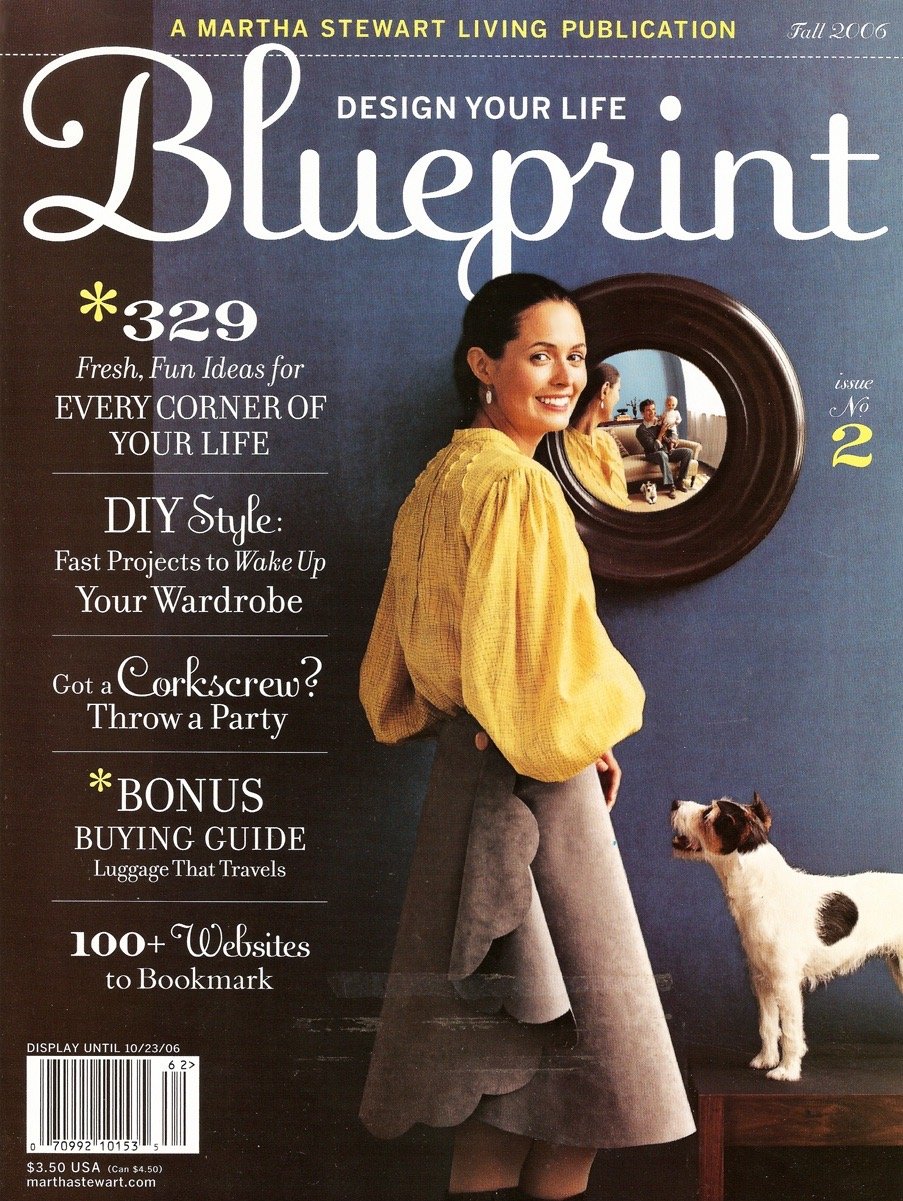
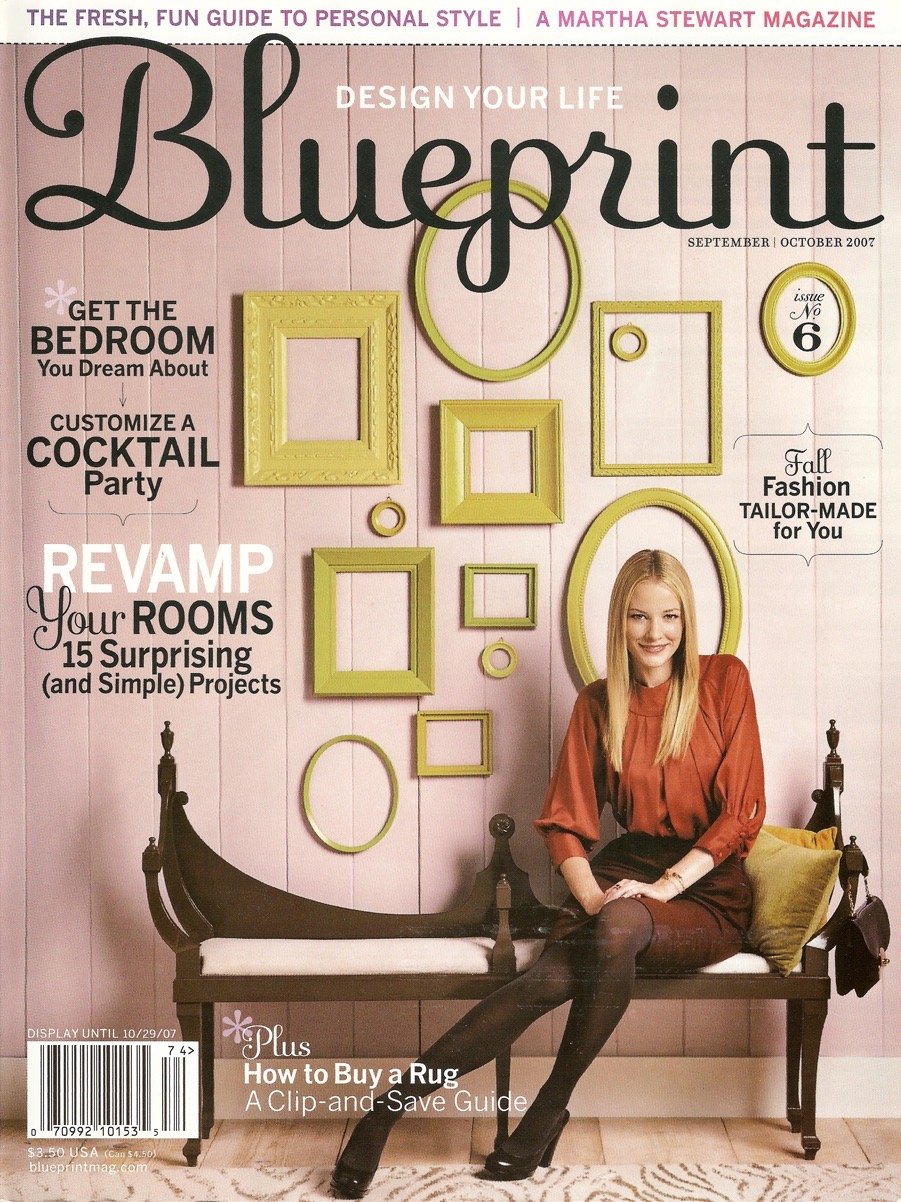
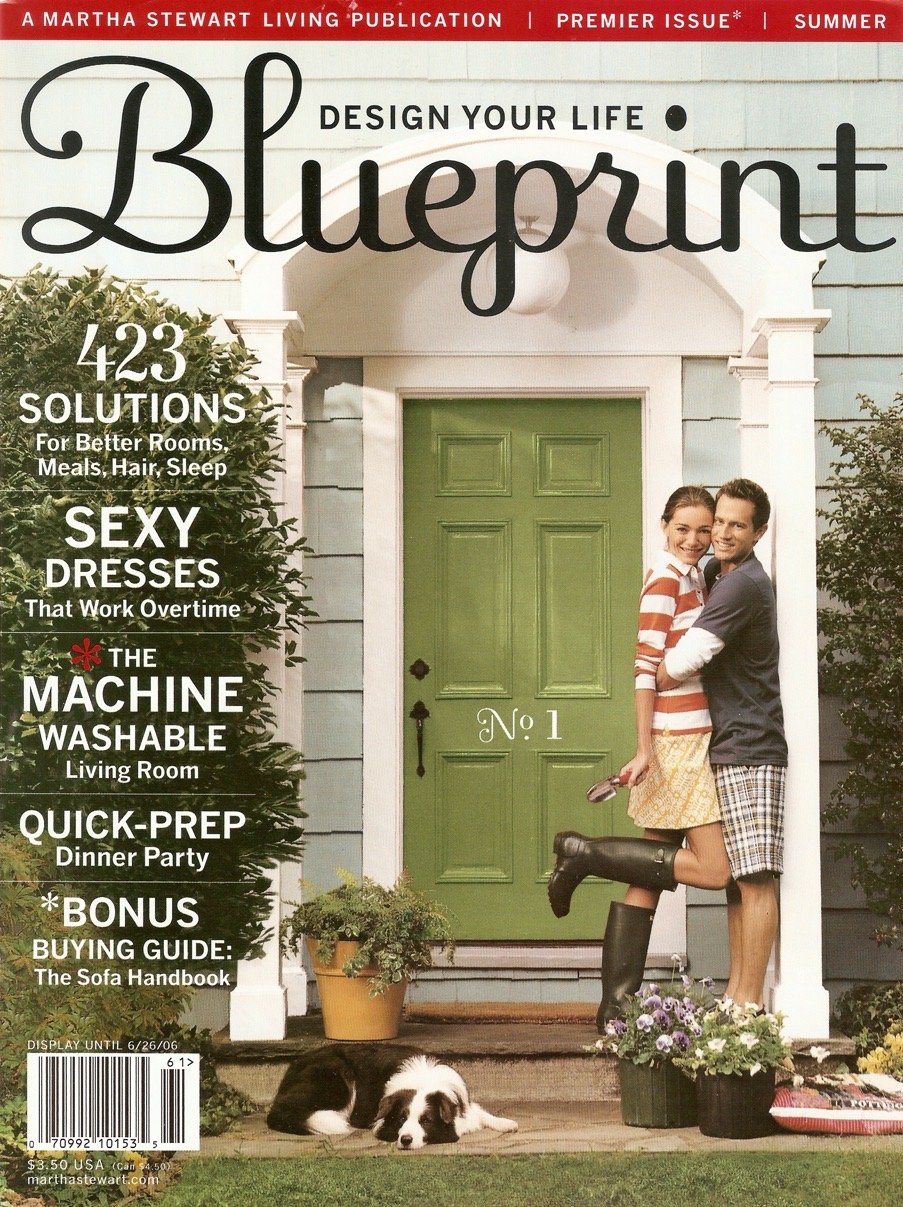
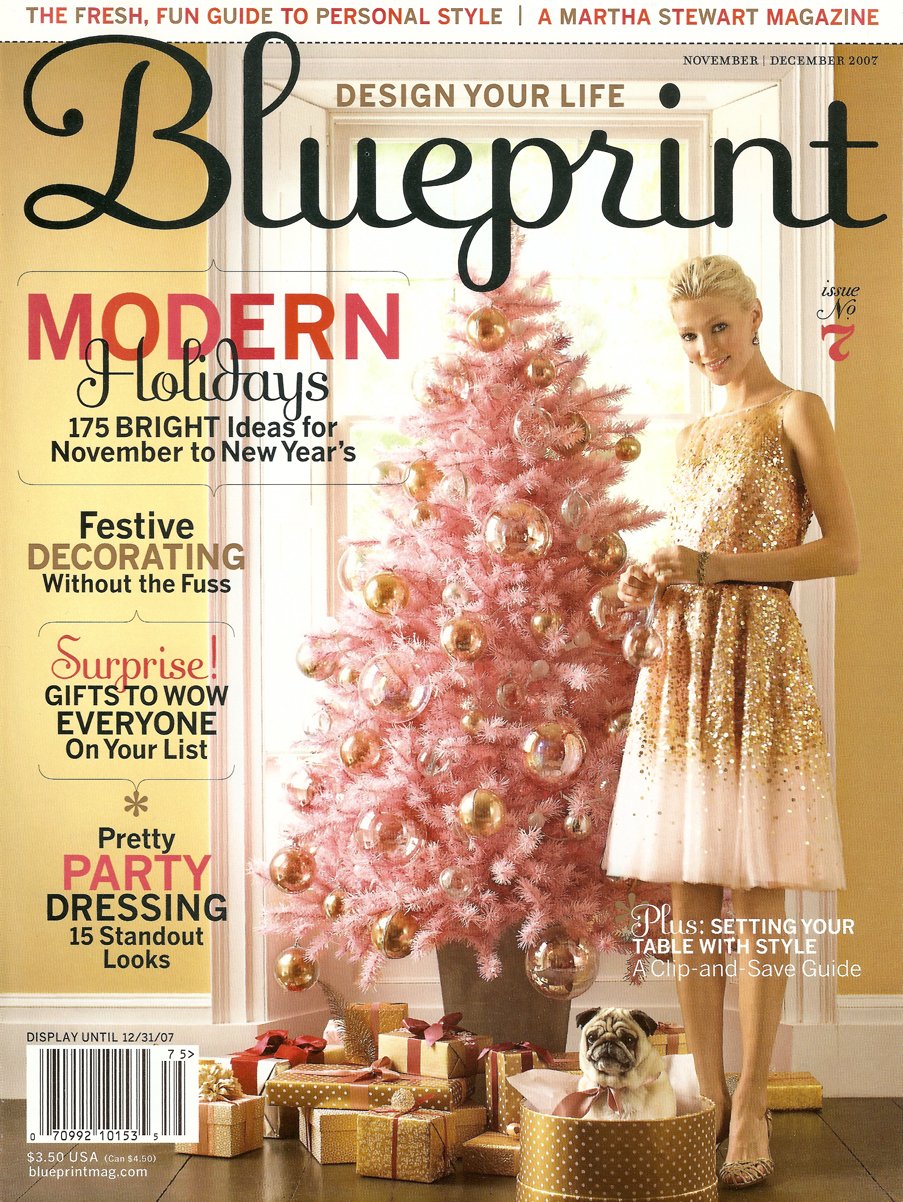
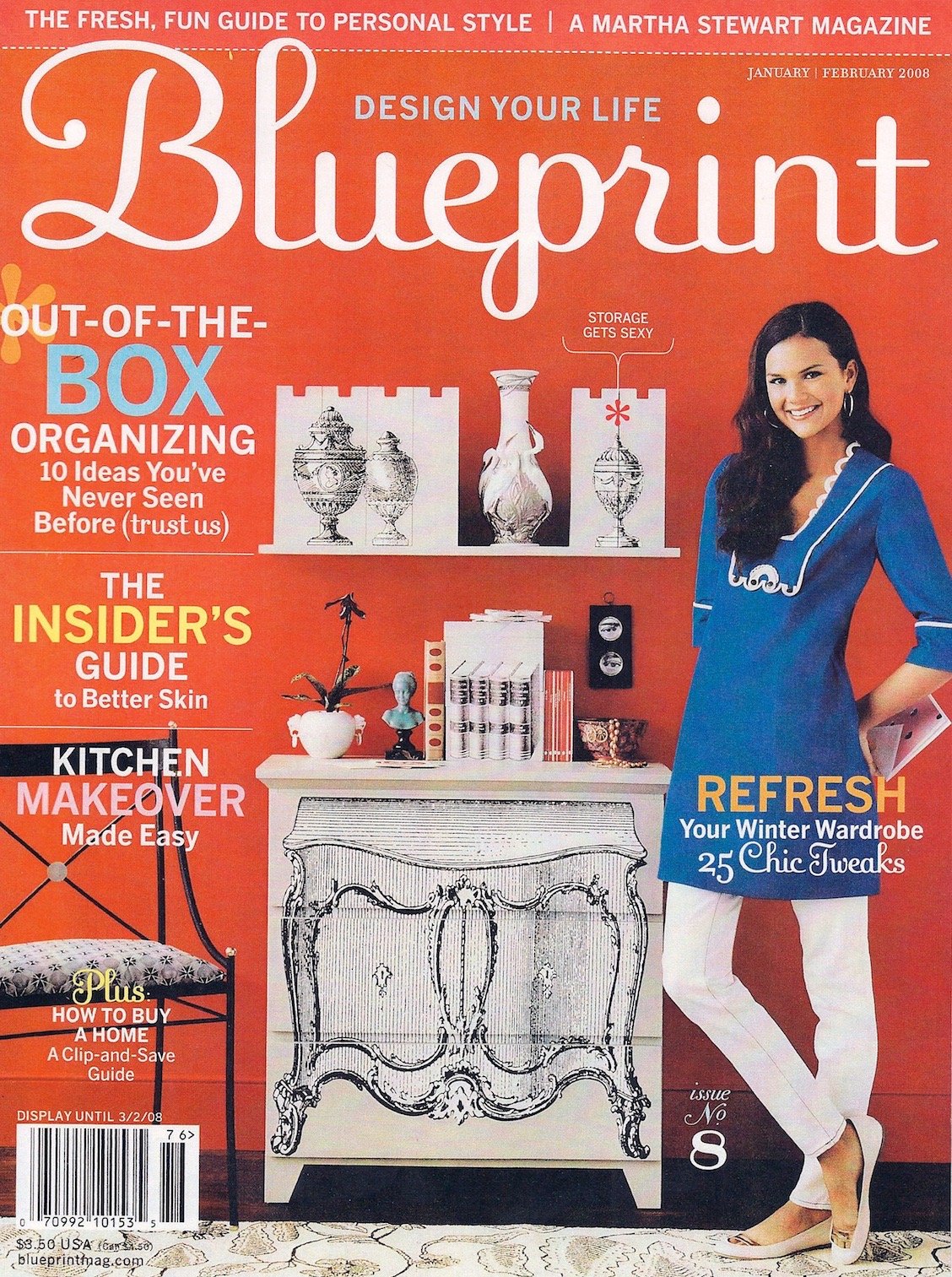
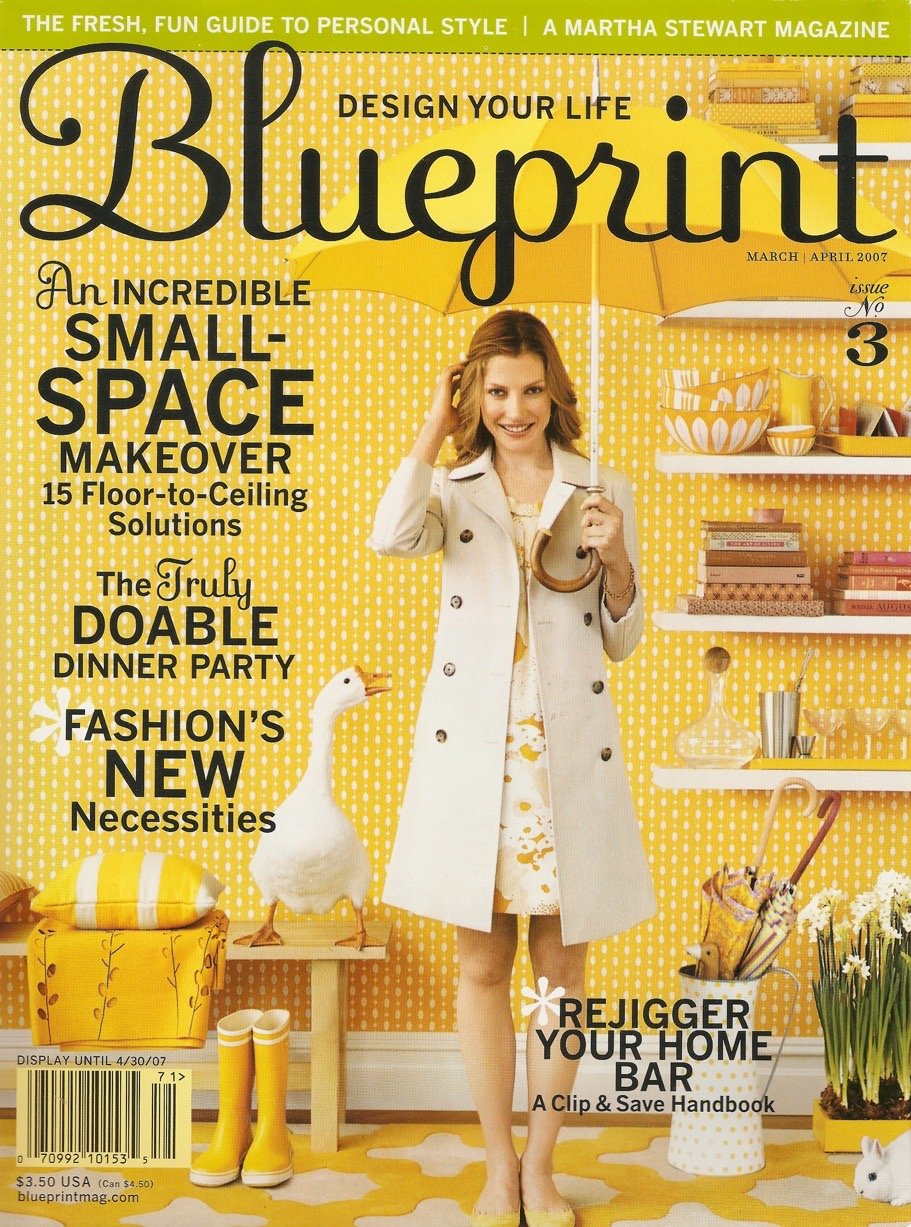
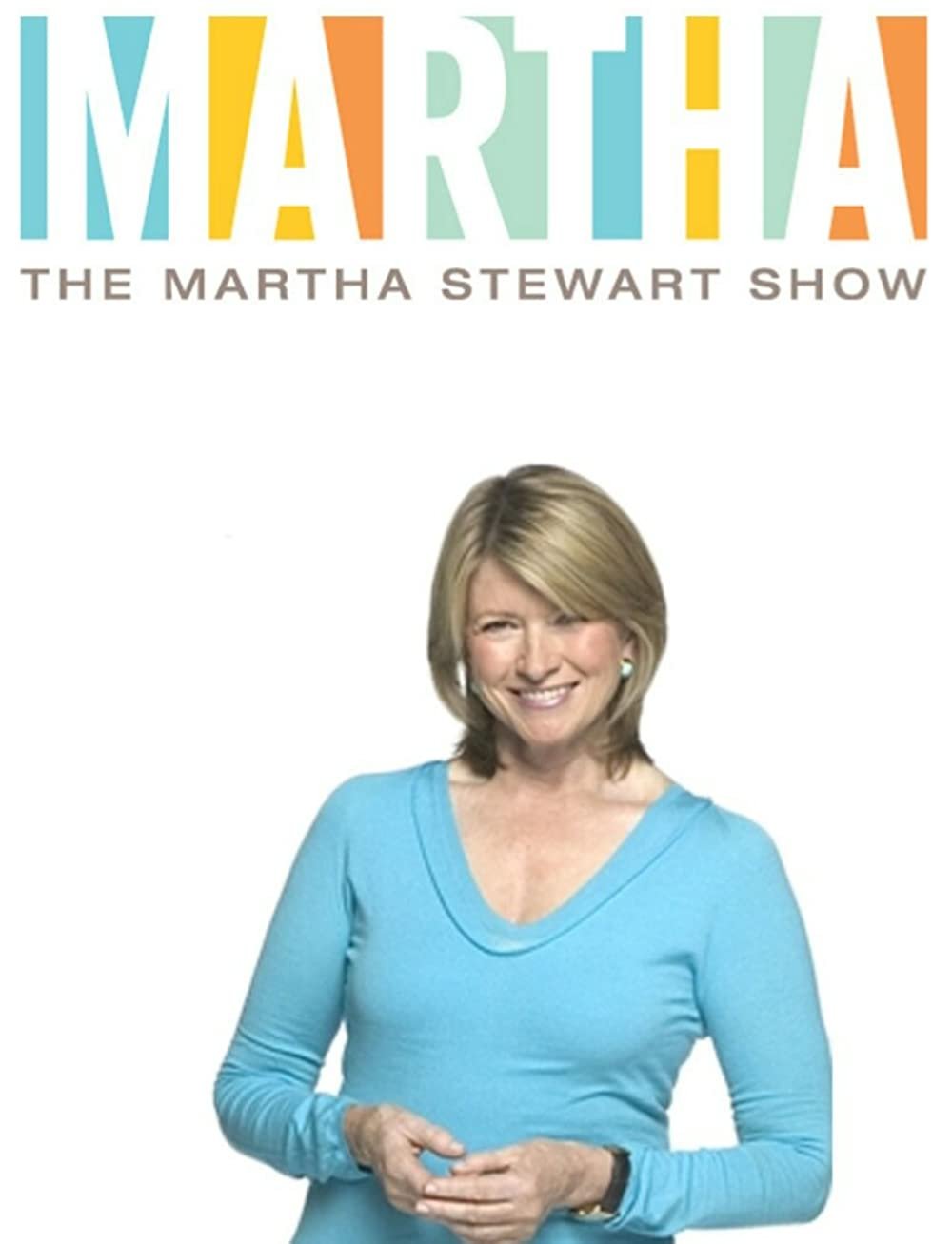

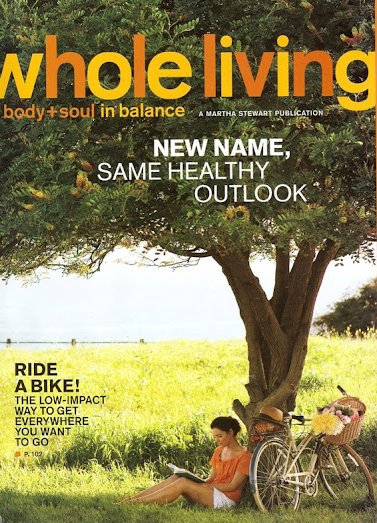
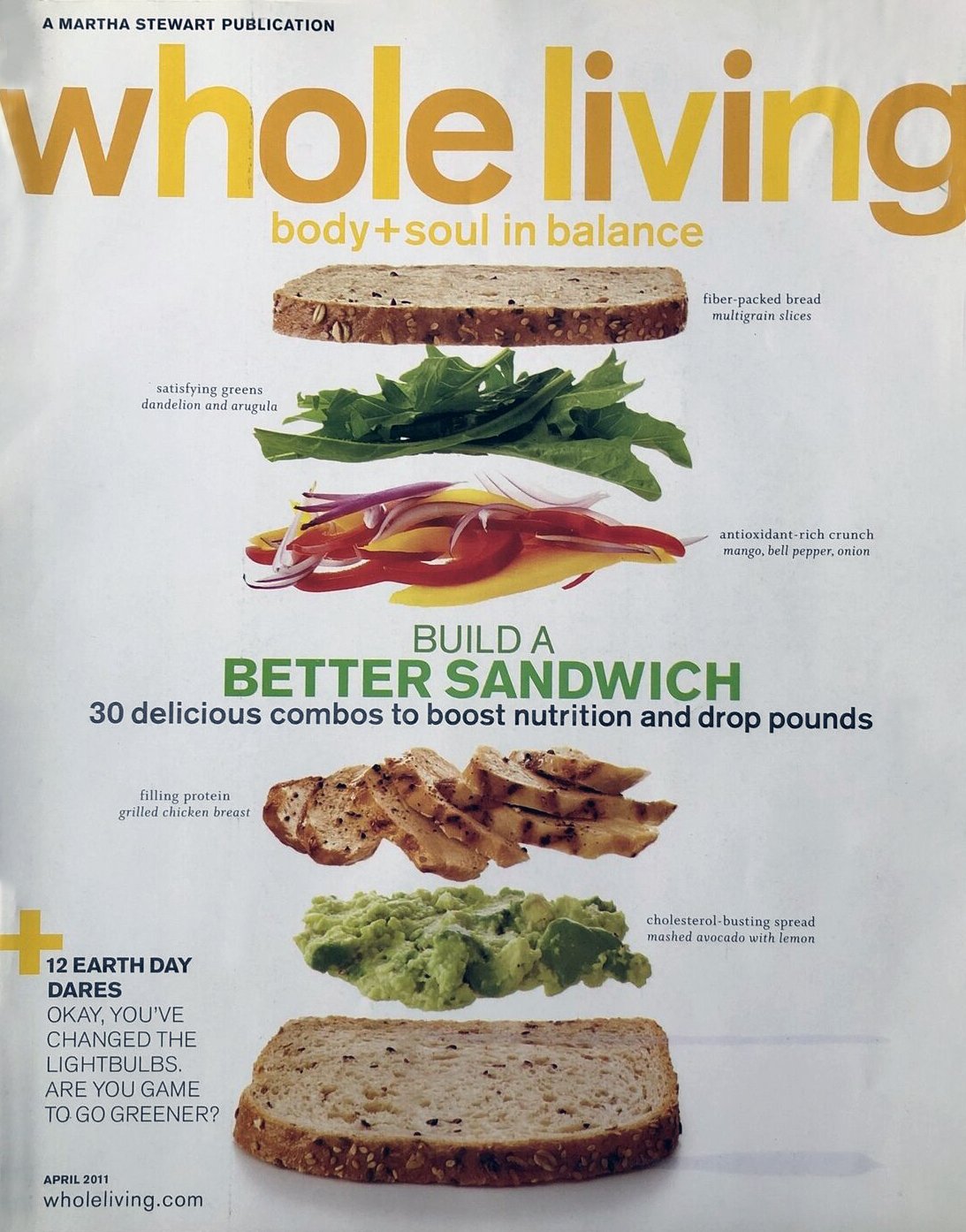
Debra Bishop: Gael, your early career path kind of seems like a prescription for ending up as a creative director at a place like Martha Stewart Living. Perfect experience. Perfect timing. How did all that happen? Was it karma? Luck?
Gael Towey: Yeah, it was luck. And I’m a hard worker. It never bothered me that I was essentially a mechanical artist. These are the days of getting lino proofs and using rubber cement and all of that. I was just so happy to be in the room.
You know? It’s New York. It’s 1975. It was an extraordinary place to be. I couldn’t believe that I was in New York City. It was fabulous.
Patrick Mitchell: Before you landed at Martha Stewart, you spent a year at Condé Nast, where you say you learned what not to do. Safe to say you were not terribly fond of Conde’s notorious editorial director Alexander Liberman. What happened there?
Gael Towey: Well, Nancy Novogrod was the editor in chief, and I knew her because she worked at Clarkson Potter Publishers. And so we’d known each other and worked together on many books. And we did a lot of decorating and cookbooks at Clarkson Potter, so she knew my background.
And she hired me to be art director when she became the editor in chief after Anna Wintour, who redesigned House & Garden magazine. But Alex Liberman was the editorial director of Condé Nast at the time, and he was at the end of his career. He was very old, and crotchety, and power hungry. And, the system was that if you were an editor, you were not allowed to talk to me as the art director. I was isolated in what they called a “layout room” and it was thought that if the editors came in to hang out, they would influence me in choosing photographs and doing layout. So I would spend the day by myself.
It was a lonely existence. And then Alex would take me to La Grenouille for lunch, and we’d be surrounded by gorgeous flowers, and he’d point out all the fancy people that were there, and we’d eat frog legs or whatever. And we’d come back to the office, and I would show him my layouts and he would literally tear them up! And he’d say, “We can’t do this!”
And he would get out new layout boards, and shuffle through the photostats, and choose something, and tear pictures in half, and lecture me, and tell me, “We need more castles in this magazine!” The following week was, “We need more kitchens in this magazine!” He would say whatever was the opposite of whatever you were doing.
And it was a pretty brutal situation. And the editors closed their doors. They locked their filing cabinets. They were incredibly competitive. And I asked Martin Filler, who was the architecture critic, how he could stand it, because Martin would routinely be humiliated by Alex Liberman in front of everybody. And I said to him, “Martin, you’re so smart. How can you stand this?” And he said, “Gael, it’s because it’s a fashion company. You go into fashion and out of fashion. And that’s just the way it is.” I thought, “Oh my God, how depressing.”
But when we started Martha Stewart Living, I wanted to have a team. I wanted to be with people. I wanted to have friends. You know, I wanted to have a working relationship with people. I didn’t want to be isolated in some room, and then after they beat you up all day long, you get in your car service and go home.
It was awful.
Debra Bishop: You went from Condé Nast to books. Right?
Gael Towey: No. I was at Viking Press then, then Clarkson Potter.
Debra Bishop: Okay. So that was the last stop before ...
Gael Towey: Yeah. I was only at House & Garden for a year. But at least I understood the rhythm of making a magazine.
So when Martha called and said, do you want to be the art director of this magazine? First of all, I couldn’t wait to get out of House & Garden. Second of all, it’s very rare, as you guys know, to have an opportunity to start a magazine from scratch. And of course I definitely wanted to do that.
Just like you did, Deb, with Martha by Mail, which wasn’t a magazine, but practically it was a magazine. And Blueprint. And Kids.
“I was very proud of the fact that when you looked down the row of designers sitting at their computers, they would have a stack of art books next to their computer because they were in charge of researching a concept for how to shoot the story.”
Patrick Mitchell: So, you meet Martha Stewart, your future employer, and Stephen Doyle, your future husband while working at the book publisher, Clarkson Potter. Talk about how you met arguably the two most important people in your life.
Gael Towey: That’s very true. They are both terribly important. We did about 50 books a year, and so I had the wonderful opportunity of being able to hire art directors and designers who I admired to do a lot of the books, and I learned so much from them.
People like Rochelle Udell, and the authors themselves, Susie Slesin and that relationship was really quite fabulous. So that’s where I met Martha and we were about to publish Martha’s wedding book. It was the biggest book of the year. So I started calling around to say, “ Who should I talk to?”
And Mary Shanahan, who was the art director of Cuisine —and really an inspiration for me, she was an extraordinary designer—and she really changed that food magazine market by the way she photographed food and the people that she used to photograph. So I called Mary to ask her for a recommendation and she said, “Well, there’s this guy, Stephen Doyle, who just started his own company. You should talk to him.”
And I also called Roger Black. And Roger said, “Oh, there’s this guy Stephen Doyle, you should go talk to him.” So I called this guy Stephen Doyle, and he came over and he was hysterically funny. He said he wasn’t interested in weddings and he didn’t want to design a wedding book.
I was in the middle of a separation from my first husband and I was in a state of severe anxiety. And losing weight and, like, an incredible, nervous wreck. But I really liked Stephen’s portfolio and I really liked his personality. So I said, “Well, we’ll work together on something, even if you don’t want to do this book.”
And I picked my business card up off of my desk and I looked at it and it said, “Gael Dillon.” And I was like, “Oh shit, I have to get new business cards!” And I leaned over the desk and scrubbed out Dillon with my pen, like viciously. And then wrote in there, Towey, which is my maiden name, and I handed it to Stephen and he thought that I was coming onto him, basically. And he thought, “Wow, that’s, you know, kind of amazing.”
I’m not really like that. I’m not a forward person, but we found something to work on together.
Patrick Mitchell: ... and her name is Maud [Towey and Doyle’s daughter]...
Gael Towey: Yeah, exactly! And Stephen had a fake name that he would, if he called, and he was “Pierre,” that meant that it was Stephen asking for a date. And if he called and it was “Stephen,” it meant Stephen, this was calling about doing a job for us.
Towey with her husband, designer Stephen Doyle.
Patrick Mitchell: So you launched Martha Stewart Living in 1990. What were the hot magazines at that time? Who was your competition?
Gael Towey: The “Seven Sisters” [Better Homes and Gardens, Family Circle, Good Housekeeping, Ladies’ Home Journal, McCall’s, Redbook, Woman’s Day] were the competition. The other women’s magazines, like Good Housekeeping, and those kinds of things. Cuisine had been bought by Condé Nast and closed because they didn’t want competition and people were sent Gourmet [in its place]. And for those of you who can remember, Gourmet was a very, very stuffy, old fashioned kind of shellacked-looking magazine at the time, in terms of food photography.
So that’s kind of the competition in the women’s space. And computers were just beginning. So a lot of the interesting magazines were using crazy typography, which I don’t really know how to do. I’m not a typographer.
Patrick Mitchell: Yeah, this was a few years before Wired. I would guess Fred [Woodward] was at Rolling Stone at the time.
Gael Towey: Right.
Patrick Mitchell: But not much else was going on, generally, in the magazine business design-wise?
Gael Towey: No. And that kind of computer crazy typography scared me, you know. I really didn’t know how to do it. So, since Martha and I really wanted the new magazine to be very photography-based, we elected to do quite simple typography.
Debra Bishop: Martha Stewart Living was truly revolutionary when it launched. Before Martha, shelter content was often very traditional and stuffy—do you remember Victoria magazine?
Gael Towey: Yes. Yes.
Debra Bishop: What made the Martha Stewart Living approach so unique?
Gael Towey: Can I tell my photography story about getting canceled by Condé Nast?
Debra Bishop: Oh, sure.
Gael Towey: When we started the magazine, we did it so fast! Isolde Motley, who was our first editor in chief, and I met at Clarkson Potter. We both worked with Martha at Clarkson Potter, so the three of us were a kind of known entity to one another. We had all worked together before. So it wasn’t, like, completely nutty.
We started working on August 1st, 1990, and we had the first issue, which was a test issue, on the newsstand November 12th, 1990, which is an unbelievably fast trajectory in terms of doing a magazine. I had met all these wonderful photographers when I was art director of House & Garden.
And as soon as I started working at Martha Stewart, I called them and asked them to work for us and do stories for us. And they all kept saying “no.” And finally one of them said to me, “You know, Gael, you’ve been embargoed. None of us are allowed to work for you. We can’t work for you or Martha.” And I was petrified.
I thought, “oh my gosh, what am I going to do now?” So we had to find photographers who did not work for magazines. And that changed—so your question was, “ How did you change the look of women’s magazines?” That was part of it. It forced us to go to a different group of people and work in a different way.
And that’s part of what made us so unique.
Debra Bishop: Mm-hmm. It was problem solving.
Gael Towey: And also Martha wanted to do this “how to” magazine. And that meant that we were doing a lot of stuff ourselves.
“And he said, ‘Gael, it’s because it’s a fashion company. You go into fashion and out of fashion. And that’s just the way it is.’ I thought, ‘Oh my God, how depressing.’”
Debra Bishop: So when you started the magazine, was there a brief for Martha or did everything happen sort of organically as you’re describing?
Gael Towey: The brief was “inspiration and information.” There were things that she liked. It was kind of an amalgamation of all the things that she liked to do, really, and that she was quite good at. She had amazing gardens in Westport. She was a wonderful chef and cook. So those are all the things that obviously really interested her.
She had these Eyewitness books by Dorling-Kindersley, which talk about things like trees or apples or something like that in incredible detail. And she was a very detail-oriented person and she brought in these books and she said, “I’d like the magazine to be like this.”
And they were drawings of every single kind of deciduous tree with lots of information about them. And that’s what we turned into our, kind of, famous glossaries. And that became a real opportunity for experimentation. And what Claudia Bruno calls the “creative laboratory.”
Debra Bishop: From the beginning, the magazine was influential for its modernity and simplicity of design. I always remember the minimalistic typography, all lower case headlines, which nobody else in the business could do. People tried to emulate it. But editors wouldn’t allow it anywhere else. So it was actually kind of irreverent and modern.
What were the other hallmarks that defined the brand? What about the photography? I think it was revolutionary for its time.
Gael Towey: I think the photography was very natural and that came out of what became brand values, actually, that Martha started from the way she did her books.
And when we did food, you were not allowed to use any fakery at all. And the person who developed the recipe would also be the person who created the recipe for the camera. So you had to create a recipe that worked and that looked really good. And then, of course, somebody else did the testing.
But that forced the recipe developers, the food editors, to create a recipe that also looked good for the camera. And that’s very unusual, because still, to this day, a lot of cooking magazines, and newspapers, and so forth, they’ll take a recipe and then they’ll hire a stylist to actually cook it.
And so it’s a separate thing. Whereas in our situation it was all by the same person. And they were really artists. People like Susan Spungen, who was a painting major in college. She looked at food almost as an art form.
Debra Bishop: And the photography style was very natural and beautiful. A lot of natural light. There were certain people who brought beautiful style and a way of showcasing the food, or flowers, or whatever it was, and it became an iconic style within the magazine. Talk a little bit about the early photo shoots.
Gael Towey: I was very proud of the fact that when you looked down the row of designers sitting at their computers, they would have a stack of art books next to their computer because they were in charge of researching a concept for how to shoot the story.
And you have to realize, you know, with women’s magazines, it’s kind of the same old story over and over again. This isn’t the first time that you’ve done a story about rice. Or cakes. Or whatever. And so you had to figure out a way of photographing them that stood out. And photographers like Victor Schrager or John Dugdale who would use 8x10 cameras and create these sort of very beautiful old-world looking still life.
Irving Penn was a big inspiration for us. He was always on the wall of the stylists’ offices. And those photographers who used these kinds of more old-fashioned ways of photographing—Maria Robledo was another person who used the 4x5. They really controlled the light, as you say that it was natural light, and natural light makes things look really “real.”
And the whole idea was to make it real—make it like it would look in your own kitchen, or your own garden, for that matter.
Debra Bishop: And it did.
Gael Towey: The days of photographing gardens were so long you’d have to get there at six o’clock in the morning, and the sun was already coming up, and you’d be there until 10 o’clock at night sometimes.
Debra Bishop: And the light and the naturalness of the photography really gave the magazine an atmosphere.
Gael Towey: Yep. That’s right.
Debra Bishop: I think some photographers, such as Victor for example, who were incredible lighters. But the photography really was so much different, and so much more real, than any other photography that was going on in other magazines at the time.
Gael Towey: Absolutely. Well, thank you. It really was very different from a lot of the magazines at that time, which were very over-lit. And I think natural light made things look appealing and beautiful.
But we also used different photographers. Vickie Pearson was a fashion and portrait photographer. And when I asked her to do still life, she was like, “but I don’t do still life.” And I said, “well, you do. Look at these pictures that you took.” And she was so grateful for us giving her an avenue out of the fashion world.
And it really transformed her. But she made food and still life look like it was a living thing. And the way she photographed, she was always moving. She was engaged with everything in this life happening in front of your eyes.
Patrick Mitchell: I just loved those Martha Stewart glossaries that you talked about: “Seventy-two Breeds of Carrots,” “Everything You Ever Wanted to Know about Peonies,” etcetera.
Gael Towey: Yeah.
Above: Stewart, Towey, and Motley at the press check for the premiere issue of MSL; Towey and Stewart in a Texas cottonfield researching a story.
Patrick Mitchell: Which was just one of the many ways you guys reinvented storytelling for magazines. Can you talk about the process of creating one of your favorite glossary stories? The extremes you went to, to pull that all together because they were, like, ten spreads! They just went on and on, and never got boring.
Gael Towey: That’s such a good question. I love answering that question.
We would call in all of the figs, or the peaches, or whatever, from all over the country, and, you know, we grew so fast and we became famous really, really quickly, and so people were eager to pick up the phone. So we did get a lot of collaboration from growers.
But I remember when we were doing a peach story, my assistant, Paige Marchese, was having to call farmers around the country at, like, 10 o’clock at night because in the daytime they were working all day and they weren’t answering their phone or anything. But we watched, as, you know, there were floods in South Carolina and Georgia and there was a freeze in the winter in northern New York and Massachusetts. And the only place that the peaches were doing well was in California. But we were tracking this whole thing. We tracked it for the entire growing season just to get the peaches sent to Martha Stewart Living. And then everything was categorized by the food department. Everything was tasted. And then we hired Chris Baker to do the photographs.
I used to go into old print shops and look for seed catalog covers for inspiration and stuff like that, because the question, as you say is, “well, how are we going to photograph this glossary this time?” It was like a competition between all of the art directors, but everybody, it was their favorite kind of story to do because it was the maximum amount of creativity.
I remember doing a fig story with Maria Robledo, and we decided to paint backdrops, and we used this kind of Rothko idea of one color bleeding into another color, and then every fig was cut and opened and laid out on these big panels that we created. It was creating art. That’s what it was.
Debra Bishop: And so beautiful and so much fun to work on. When you think back on it, in one of the glossaries that I am fairly sure you worked on was the beautiful peony glossary. What were some of the favorite ones besides—the figs was beautiful. The peonies. Name some.
Gael Towey: But we did everything. We did rice!
Debra Bishop: Yeah. And the rice was amazing.
Gael Towey: She laid each piece of rice out like a grid! It’s insane.
Martha Stewart Living Glossaries
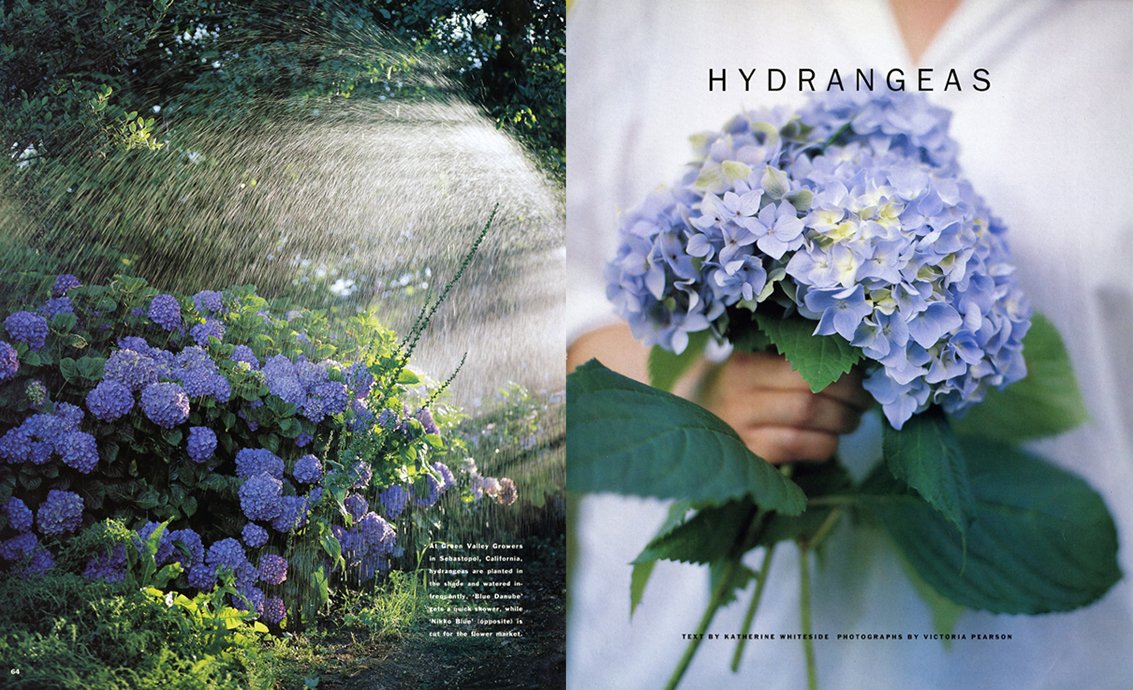
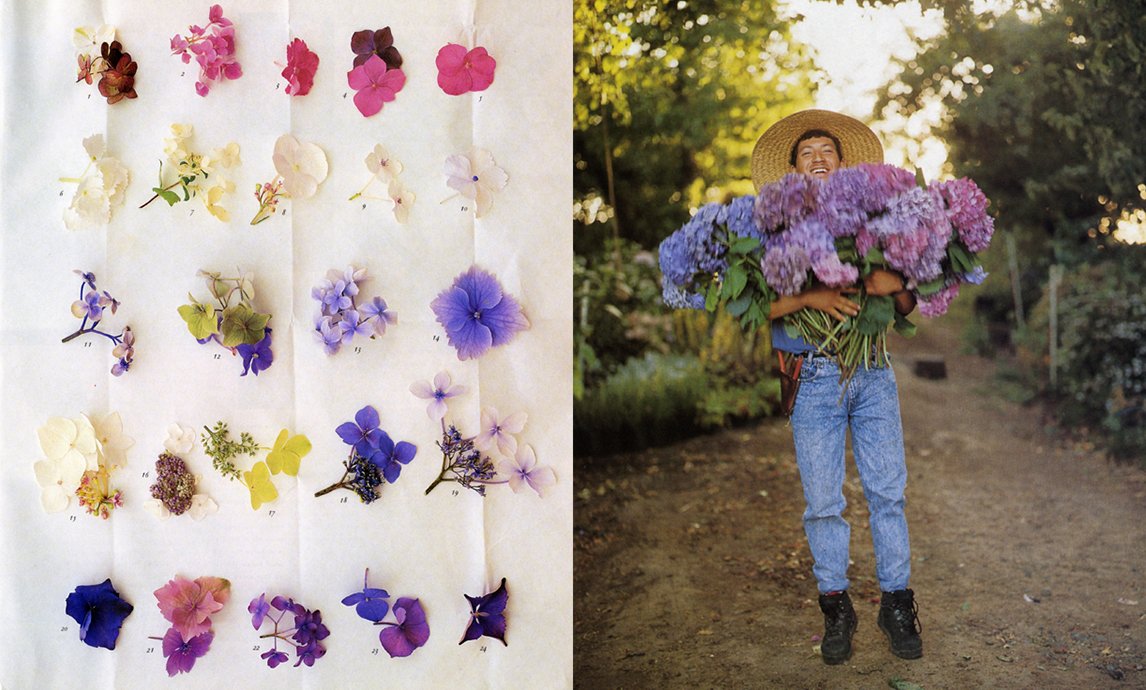
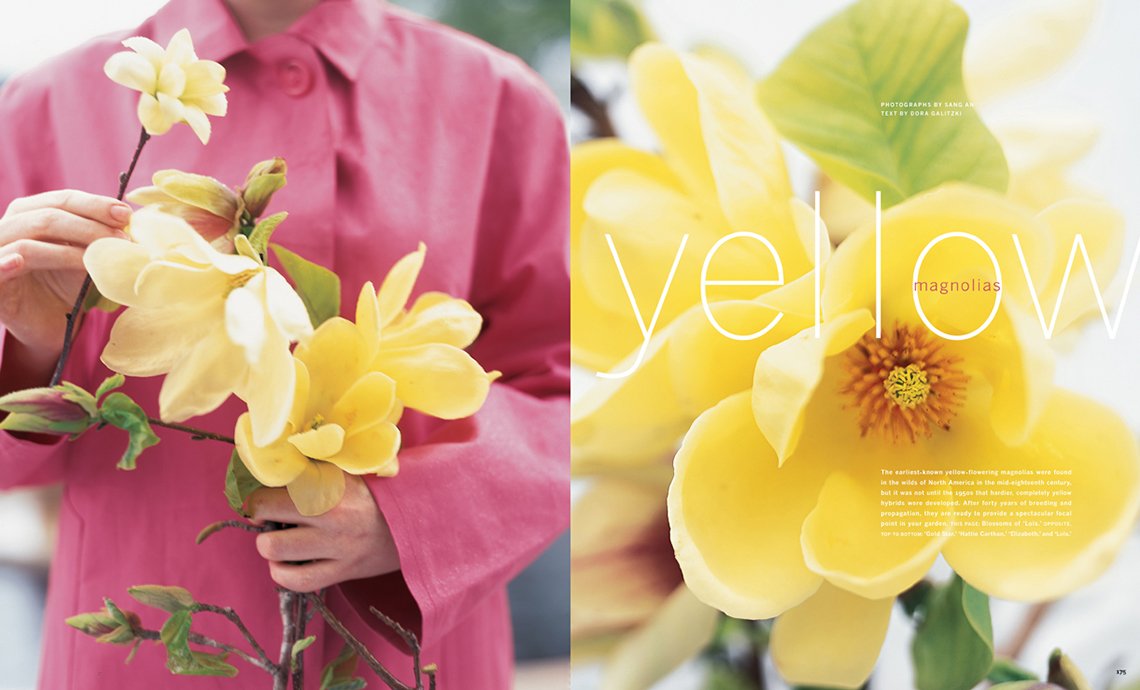
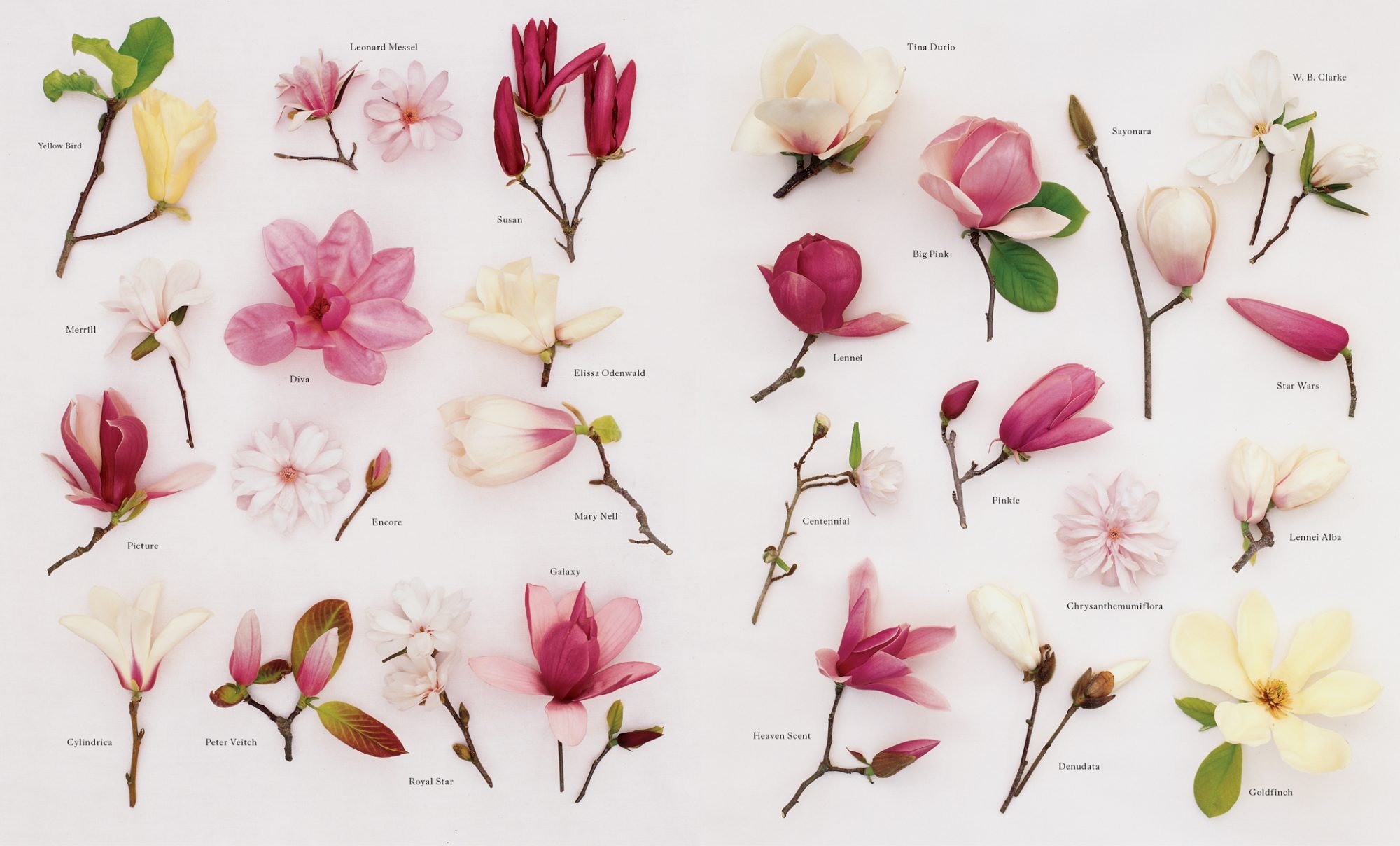
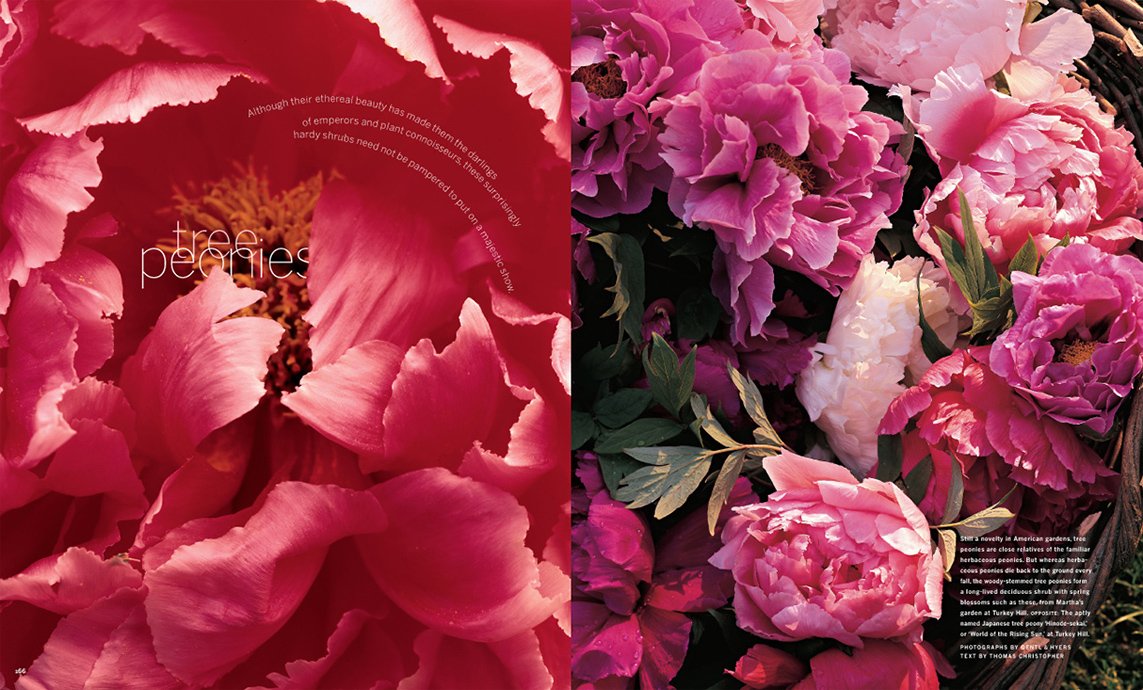
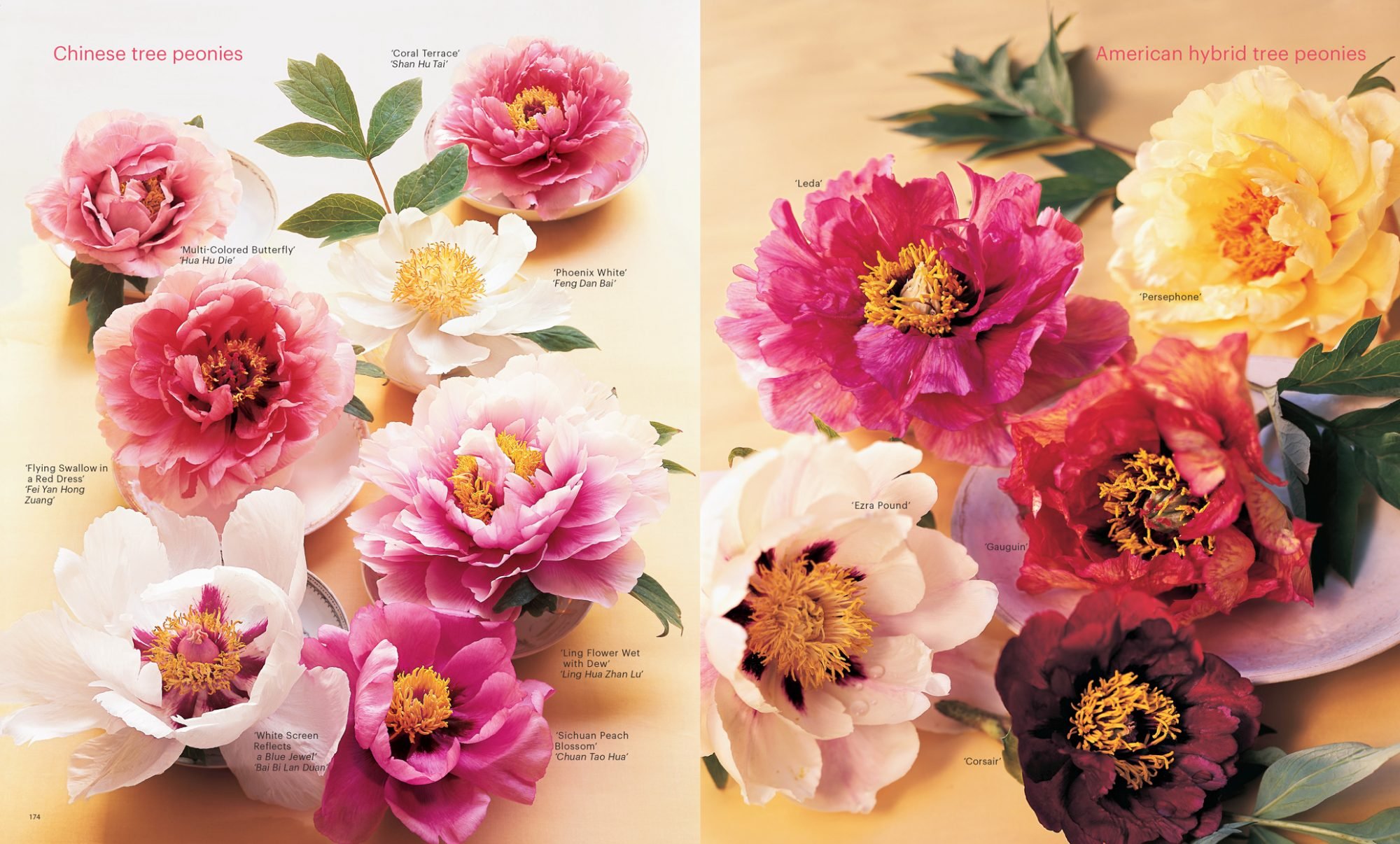
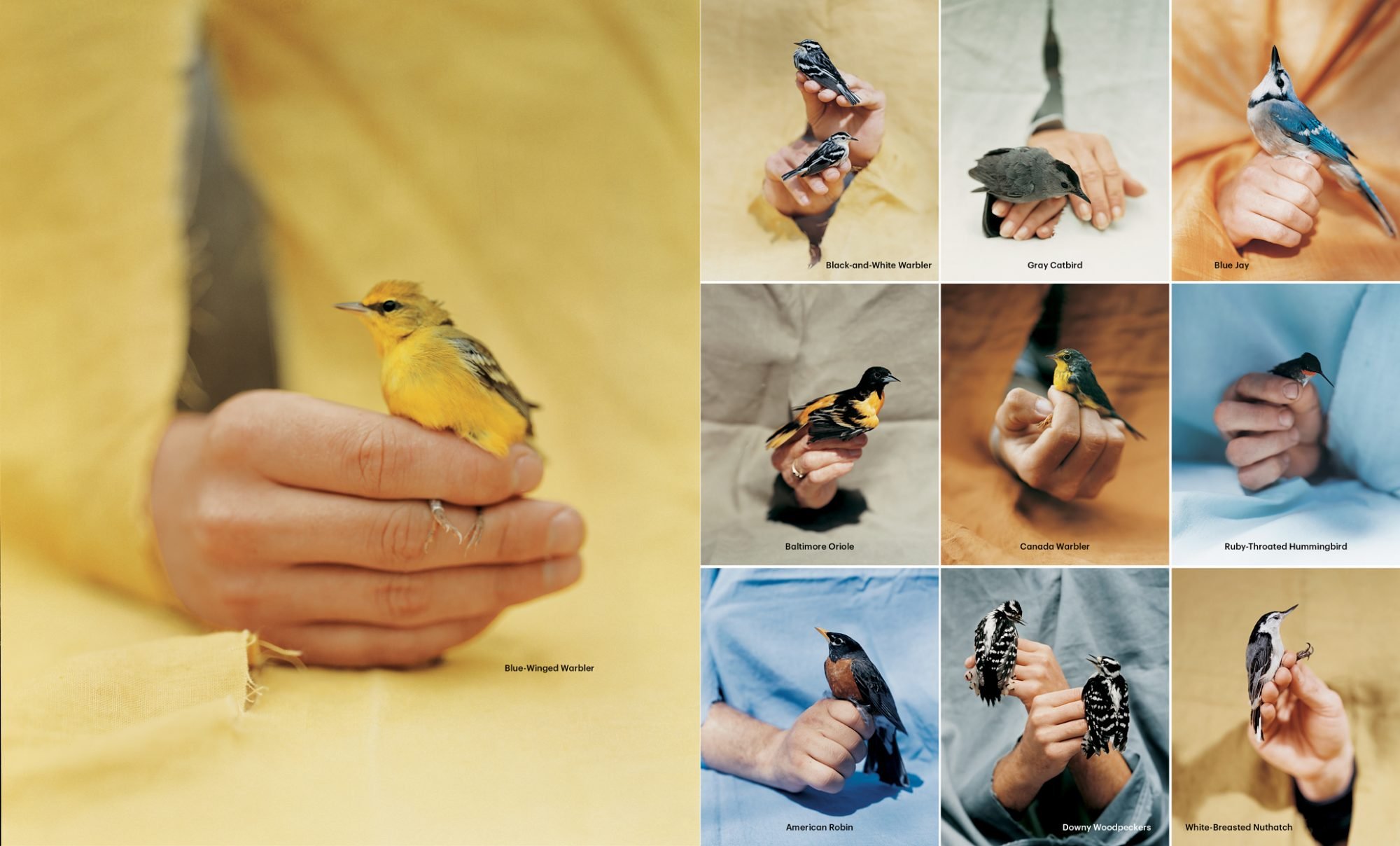

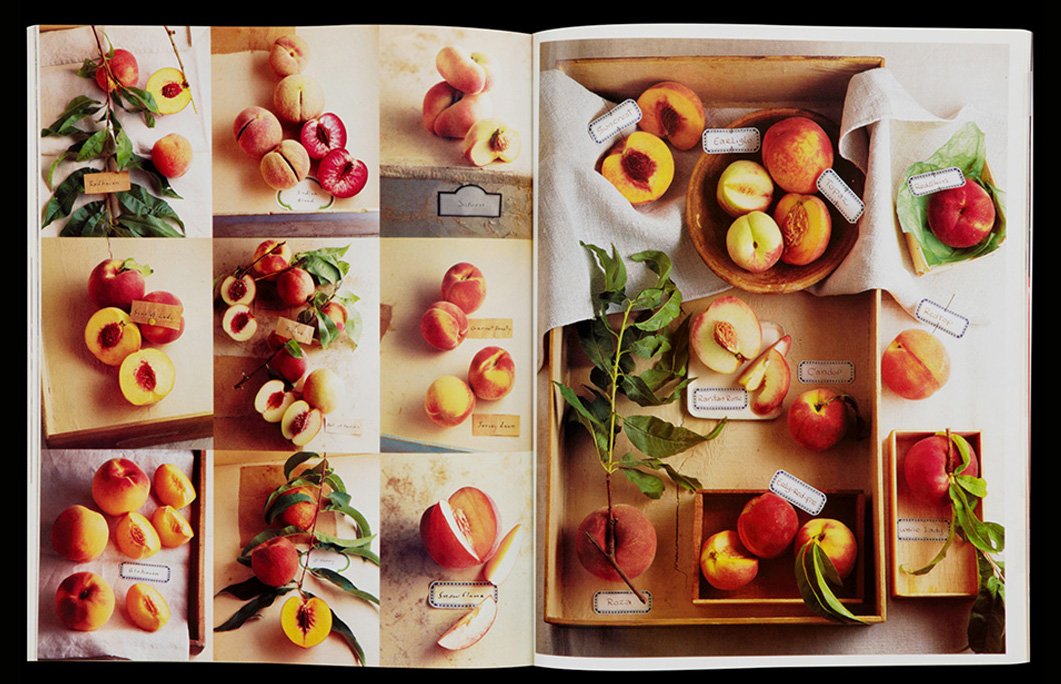
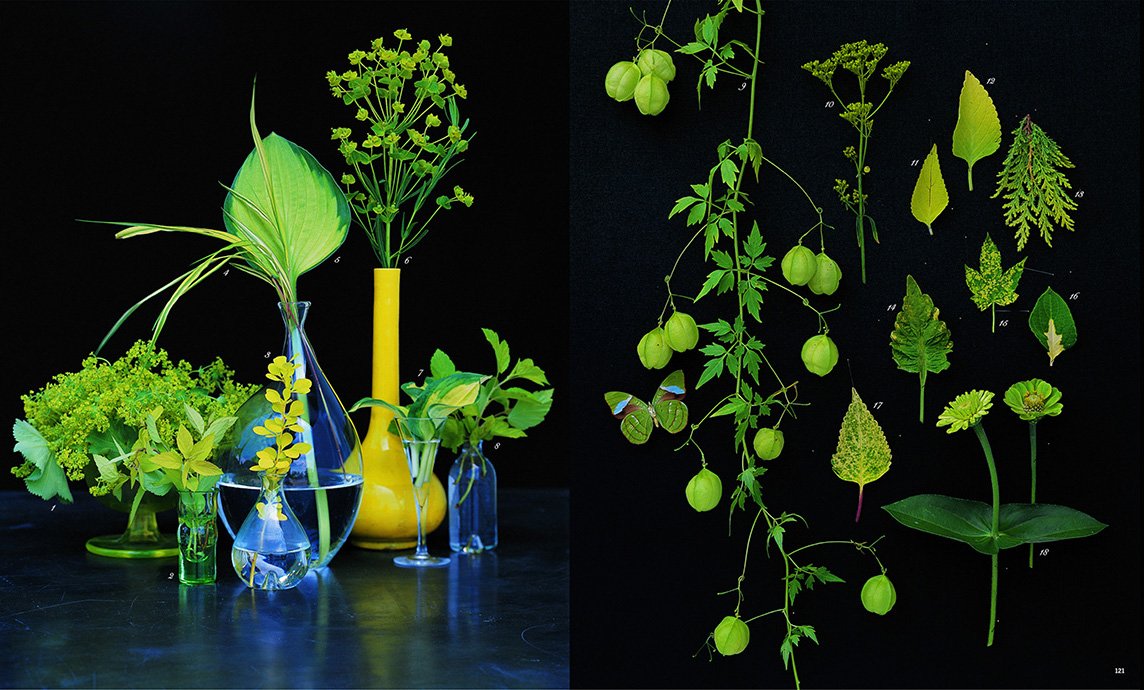

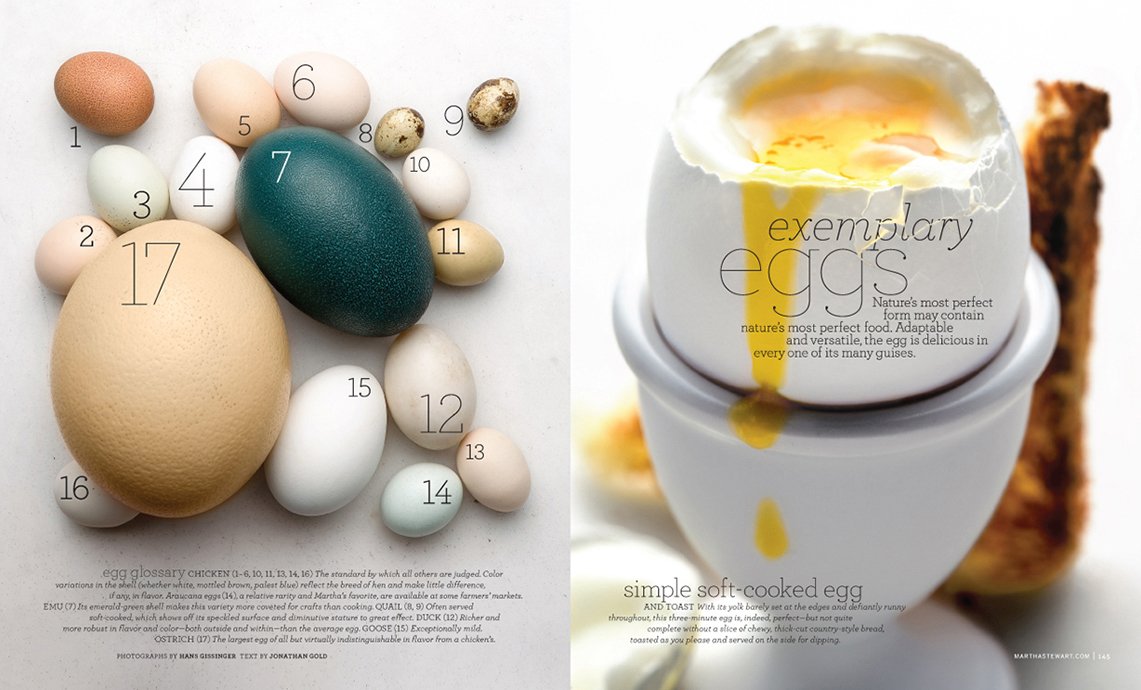

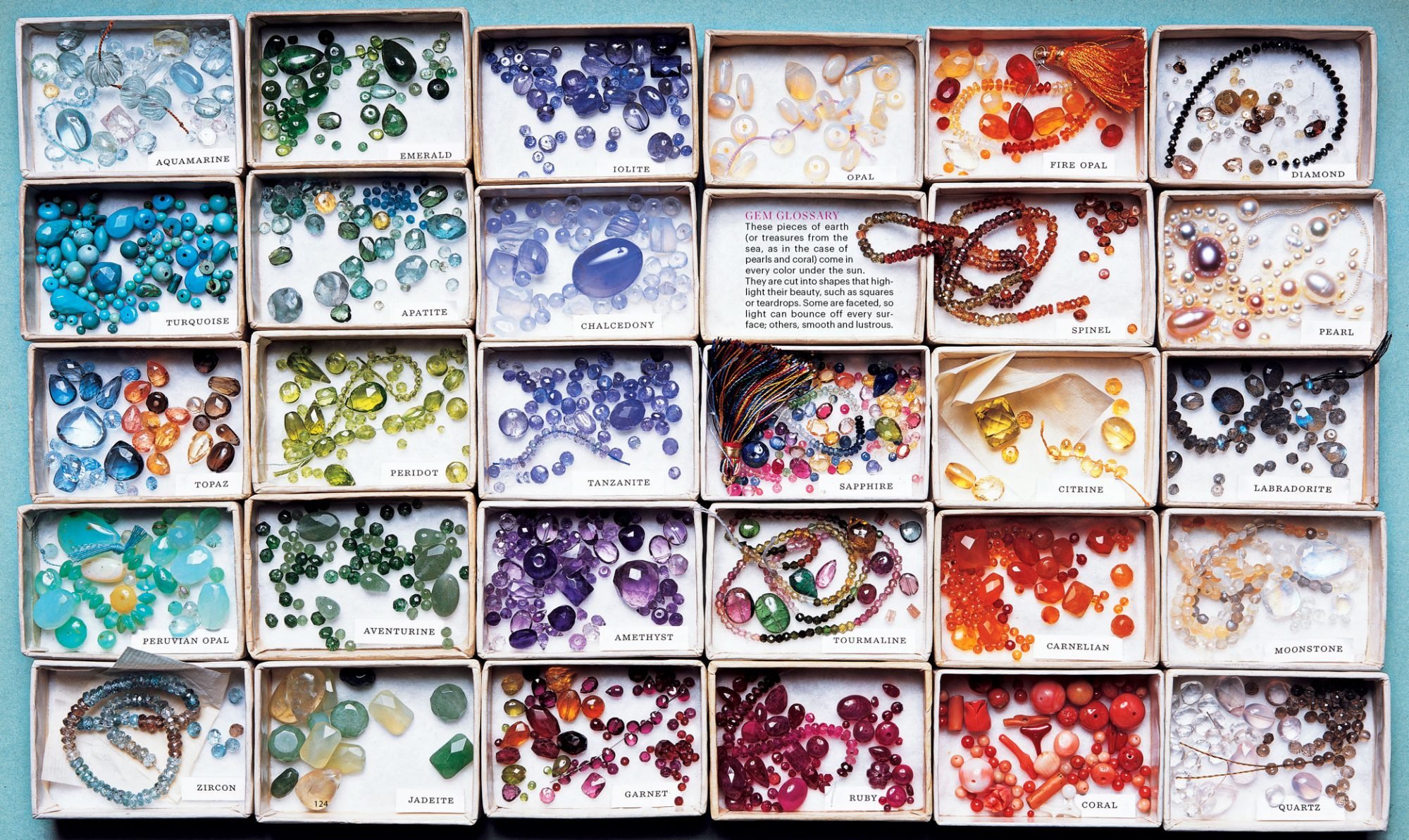
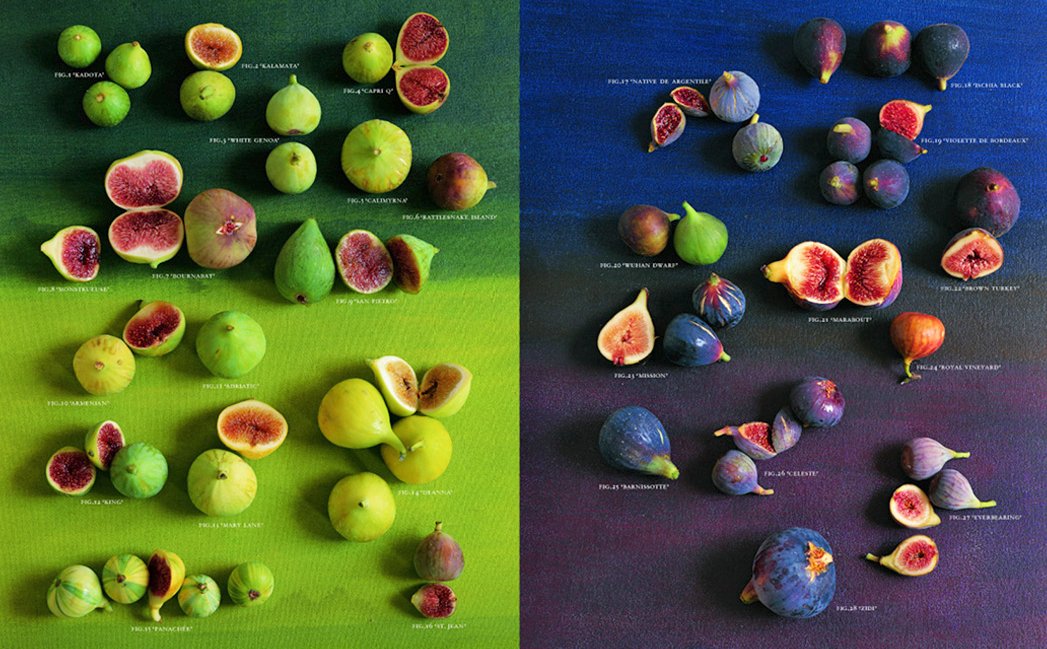

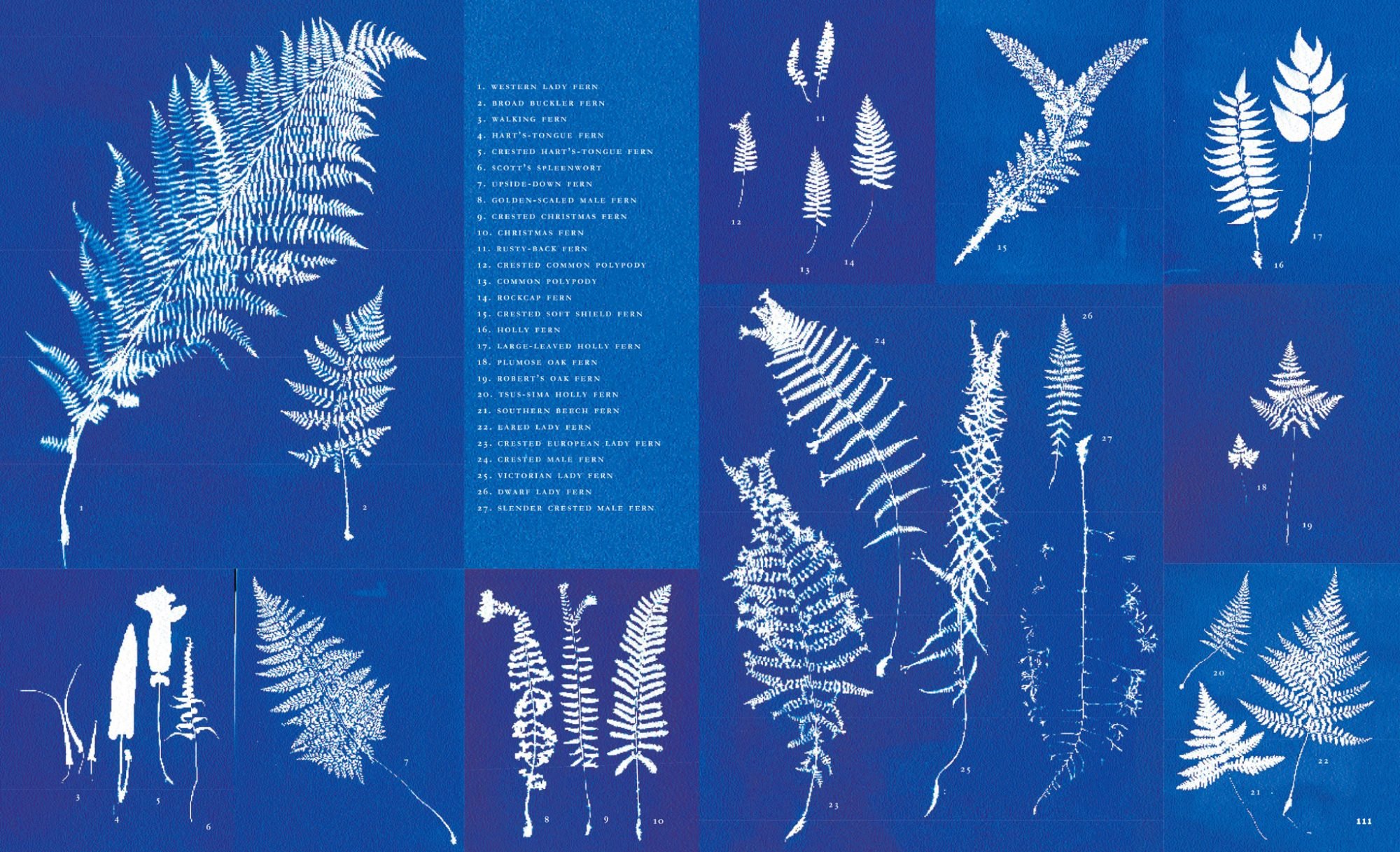
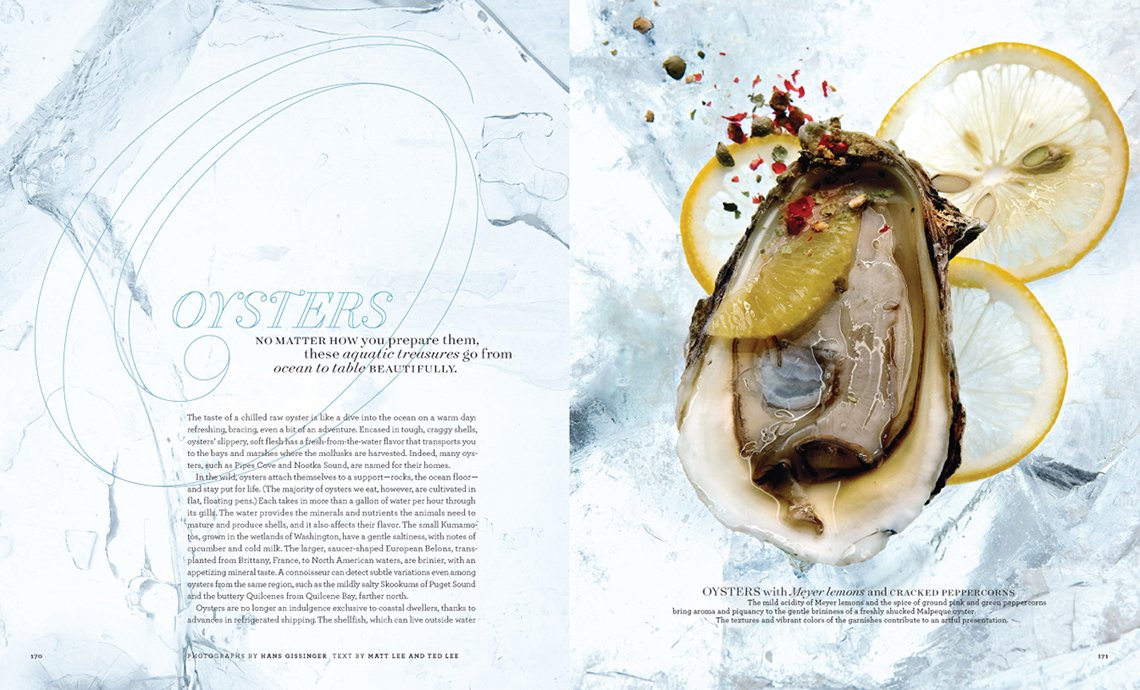
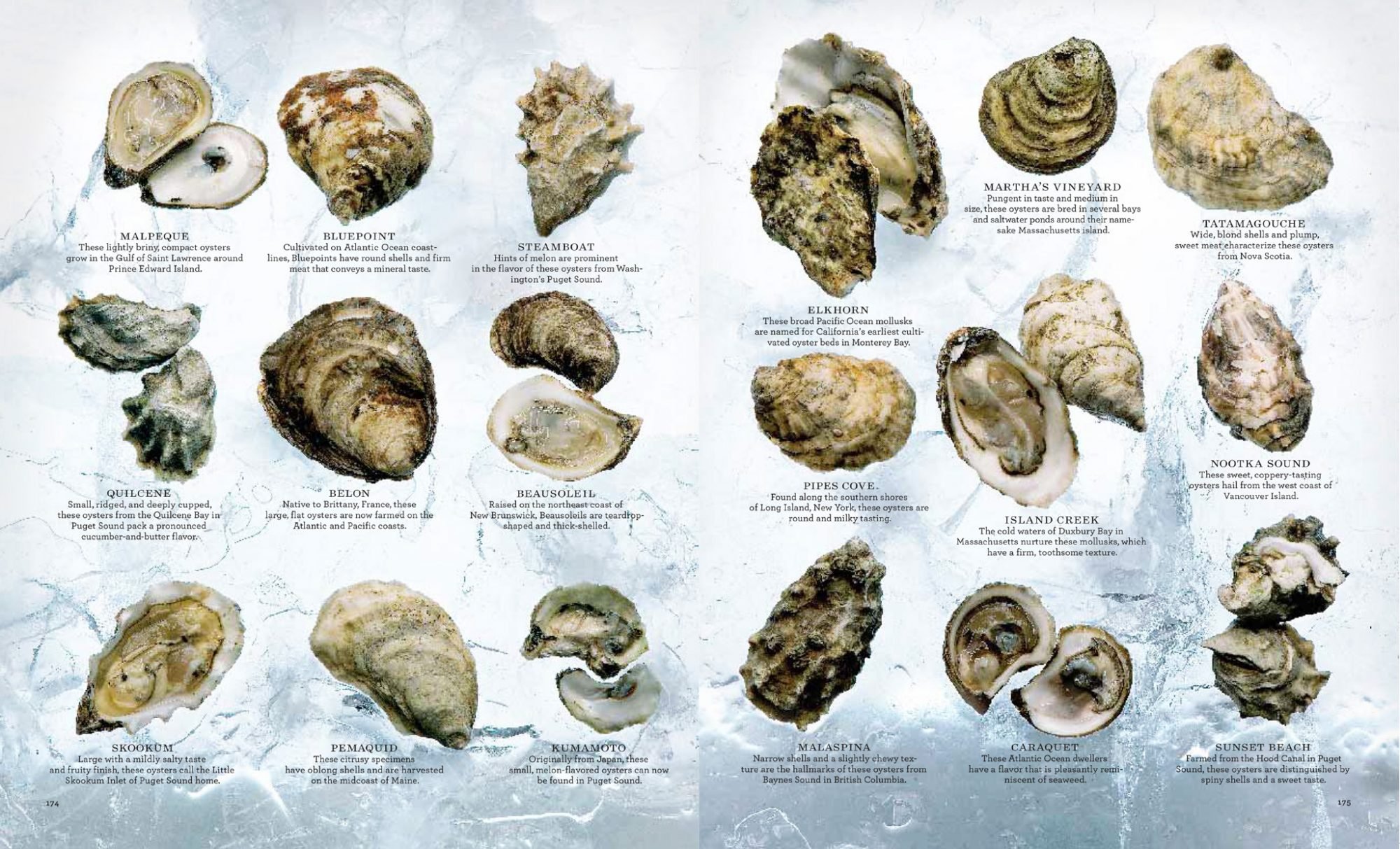
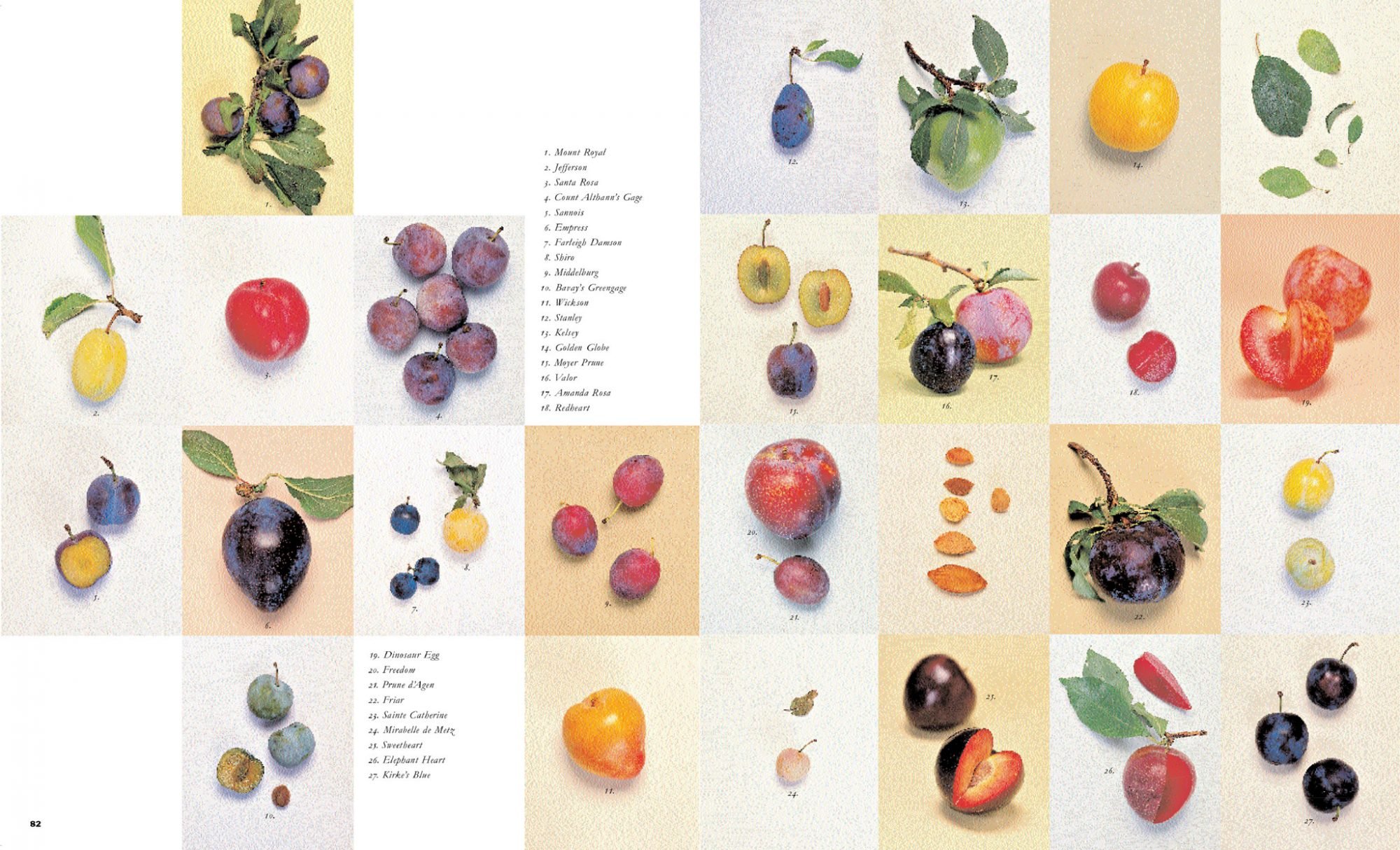
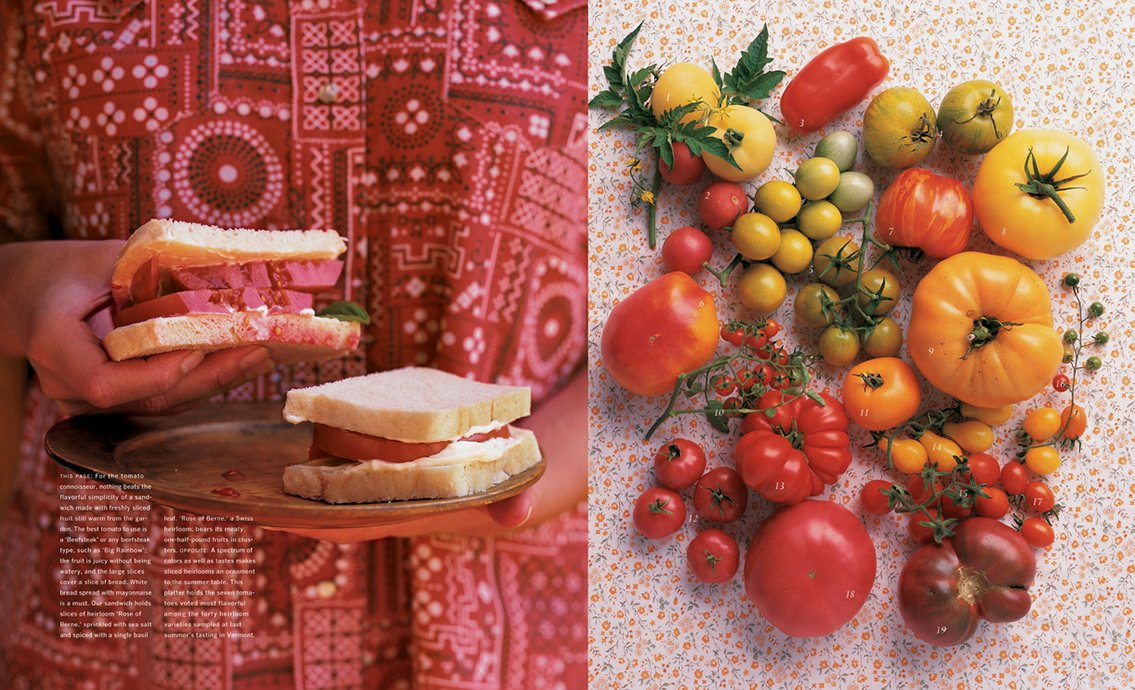
Debra Bishop: The early ones were beautiful too. That sort of set the whole tone and the whole format and motion. The apple glossary was stunning and amazing.
Patrick Mitchell: Well, the incredible thing is, what you just described was just for one-tenth of the magazine. You still had all that other stuff to do.
Gael Towey: That’s true.
Debra Bishop: It’s funny because I’m still making glossaries. I do it differently. I’m making glossaries with typography and information, but those photographic glossaries were, absolutely, cat’s meow.
Patrick Mitchell: And I assume you got a lot of great attention for that.
Gael Towey: We did. We won so many awards. Because they were really completely unique. Oh, I remember another—and people would come up with crazy stuff like , I think it might have been James Dunlinson, who did an oyster glossary. And, of course, we got oysters from all over the country—west coast oysters, east coast oysters—and we hired an ice guy to come in with this enormous block of ice. It must have been about eight inches thick. And it was probably 30 inches by, I would say, 18 inches. And all of the ice was kind of gouged out so that the oyster could sit in the ice pocket. And then he lit the whole thing from underneath. So the ice is glowing from underneath. And then there’s, of course, the top lighting.
We did some complicated stuff.
Debra Bishop: It was epic.
Patrick Mitchell: Imagine doing that for a website.
Debra Bishop: Those should somehow be framed and they should be put in a gallery. They’re incredible.
Patrick Mitchell: In the time before Martha Stewart, the legacy power structure in publishing meant that magazine editors were absolute monarchs. You and Martha changed that. And we all owe you a debt of gratitude because, for the most part, before the success of Martha Stewart, designers didn’t really have a seat at the table. Or, at best, we had a limited role in shaping the content of our magazines. I’m fairly sure this was part of your master plan, but can you explain how and why the process was different from other magazines?
I mean, I would say it’s partly the nature of being a startup. It was kind of the same thing at Fast Company. We didn’t have a lot of “magazine people” there. We were just a group of people with an idea figuring out how to make it happen. So you had the sort of freedom to create the structure you wanted. But how did you go about doing that?
Gael Towey: We did have the freedom to create the structure we wanted. And when Martha asked me to be the art director, I said, “I want to be on the same level as the editor. I don’t want to report to the editor. I want us to be a team.” And she agreed with that. She, of course, was the last person to make a decision, but she didn’t function like an editor in chief.
That wasn’t really her role. The whole idea of teamwork, as I mentioned, came out of my realization at House & Garden that you’re stifling creativity by keeping everybody in a separate, isolated role. And the thing that I miss the most about working at Martha Stewart Living is that collaboration. The fun of it all. The fun of coming up with ideas, the fun about learning from people.
I learned so much about gardening and cooking. And I learned not to be afraid. You just try something. And that’s kind of a big deal.
Patrick Mitchell: You paid it forward because, from everything I’ve heard, from Deb’s description, that style of collaboration trickled down to all the different departments, designers, editors, food stylist, prop stylists, crafters, gardeners …
Gael Towey: Well it trickled down, but also, it became the way we organized all the other businesses. And since this is about print, maybe you don’t want to talk about all that stuff.
Patrick Mitchell: No, we do.
Gael Towey: The catalog that Deb was the art director of with Fritz [Karch, MSL’s Collecting Editor], Martha by Mail, they were a team figuring out products, inventing things, creating a style of catalog that became the style of all catalogs. A lifestyle of catalogs, because they used that how-to idea, that inspiration idea, that we established in the magazine for the catalog.
And then from there we went on and did the same thing with Kmart. And the same thing with a lot of the other product businesses. And none of us had ever done any of that before. One of the things that was great about working for Martha is that she didn’t do that stuff before and she thought that she could do it, so she just figured that everybody else could do it too.
“When we started Martha Stewart Living, I wanted to have a team. I wanted to be with people. I wanted to have friends. You know, I wanted to have a working relationship with people. I didn’t want to be isolated in some room, and then after they beat you up all day long, you get in your car service and go home.”
Debra Bishop: Yeah, she wasn’t afraid of trying anything new. And that was a wonderful sort of incubator for creativity. And Martha by Mail was my favorite job that I have ever had. It was! Because not only were you branding, getting the experience of photography, and learning, going on photo shoots, learning how to be an art director, but you were creating products.
Now, nothing’s better than that. And I don’t want to say too much, but it brings up this whole concept of the magazine being the research area that everything else spun off of. So for instance, if the magazine created this amazing story on family trees, then at Martha by Mail I would get to create a product, a beautiful family tree that was inspired by the actual article in the magazine. But actually make a physical product that we could sell. Now that is really fun for a designer and art director.
Gael Towey: Yeah. And look at you now. Now you’re doing this amazing kid supplement at The New York Times, and you’re utilizing all that—you’re inventing that product from scratch. It’s very similar. Very similar.
Debra Bishop: I still think of what I’m designing as a product, which it is. But I go a little further.
Gael Towey: Deb, can I remind you about your interview with Martha? When we first hired you?
Debra Bishop: I knew you were going to bring this story up!
Gael Towey: I love this story. I really love this story. Okay, so Deb Bishop is this premier type designer and she comes in with her portfolio, and she’s coming from Rolling Stone. And Martha’s there to meet Deb because I said, “I found the right person. We really want to hire Deb Bishop.”
And Martha’s like, “Well, I have to meet her.” And this is to do the Martha by Mail catalog. So, Martha looks at the first two pages of Deb’s amazing, amazing Rolling Stone work. Incredible typography. And she closes the portfolio and pushes it back to Debra and says, “Well, you can’t do that here, so what are you going to do?”
Debra Bishop: And I did not know how to respond to that, but luckily Gael was behind me and supportive and did hire me regardless. Anyway, it’s a very funny story. I think I mumbled something like—I don’t think I said anything! I can’t even remember. Anyway, funny story.
Gael Towey: I think one of the reasons that you were such a good art director with photography is because typography is about balance, and texture, and emphasis, and design of the whole page. And photography is the same thing.
Debra Bishop: Yeah. It’s really about design. I consider my Martha Stewart Living days like working in a creative factory. Everything you needed to create a story was in house: props, photo studios, a set building shop, a test kitchen. Sometimes a wonderful smell would drift by my desk, and I’d be, “Hmm, is that baked apple pie or is it Martha’s favorite brownies? Maybe I’ll walk over there, see if I can have a little taste.”
Inspiration was always at hand simply by walking by the style department, or the craft department, or even the collecting department. Do you think that there’ll ever be another company like it?
Gael Towey: Probably not. It was extraordinary. It really was. People described it as “Santa’s factory.”
And remember how many tours we would take people on? It was in this incredibly beautiful, modern building—the Starrett-Lehigh Building—that was built at the turn of the century and it had rounded walls and incredible light because it’s right on the Hudson River.
But Fritz would go out and collect things for his collecting stories. We had a whole room of props. And all the shooting studios were right there. So you were constantly being educated. And a lot of people did go through Martha Stewart Living. And part of the reason a lot of people got hired away is because they were so well trained and they were trained in everything across what you just mentioned.
Because most of the time in a magazine, because it comes out either weekly or monthly, you’re kind of stuck in a job that’s like a cog in the wheel. And you just do that same job over and over and over again, every single month, in order to get it out on time. But that’s not the way we worked.
Patrick Mitchell: I’m glad you brought up the building because I never went up there, but I heard stories about it. And I assume you were involved in the design—that was not where Martha originally was. You made a big move into that building as you grew. But were you involved in the design of the space as well?
Gael Towey: I was. I worked with the architect. And that was really fun, too. When I think about all the different things that I got exposed to, I was so lucky.
I had never designed products before. I never designed packaging for products. I never did national advertising. I never did sales material for signage in stores. I never did any of that stuff. And then I got a chance to do it all. And even the presentations, you know, thinking about the glossaries, those glossaries influenced us in so many ways. I remember when we did the holiday product at Kmart, we did glass bulbs in every single color.
And An Diels who was the art director on the product side, created this glossary of Christmas balls. And every single color gradated, by color, all the way down the hallway as you entered into the space. It must have been 40 feet long, and every single color gradated according to the color spectrum. It was unbelievable.
Debra Bishop: It really was.
Patrick Mitchell: Gawd, publishing was so fun when there was money!
Gael Towey: I know. We’re very lucky that we experienced that.
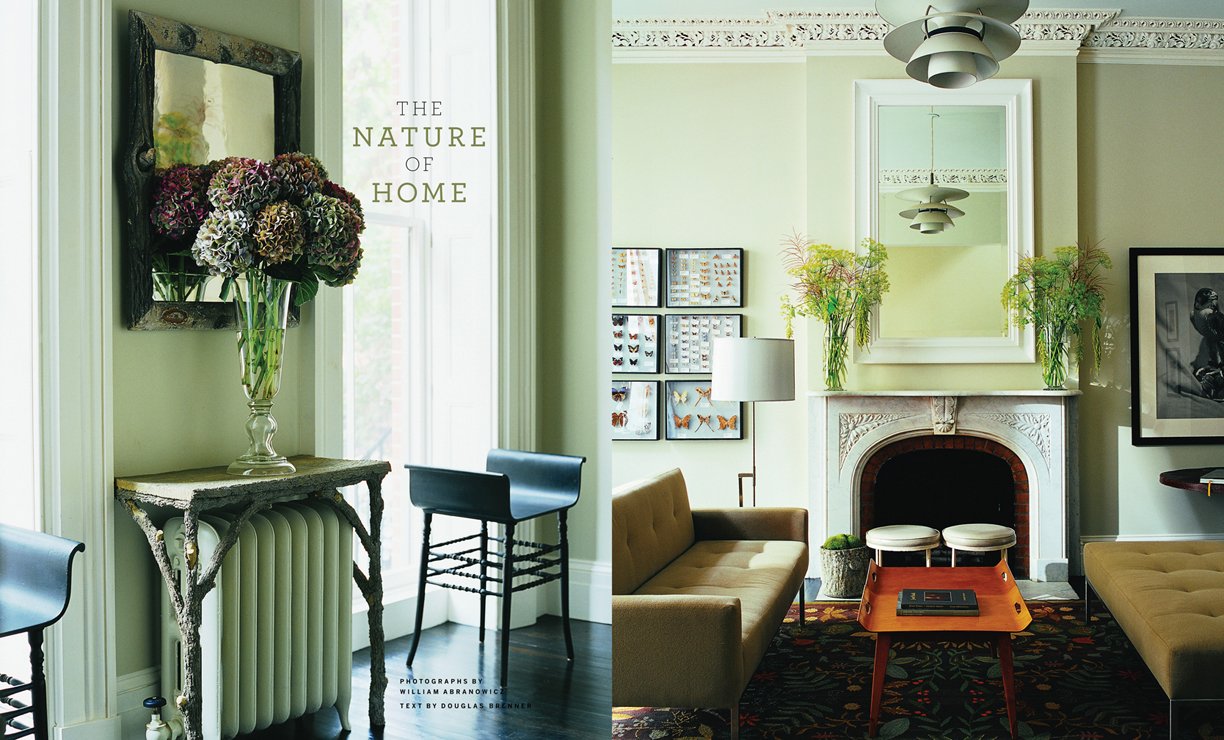
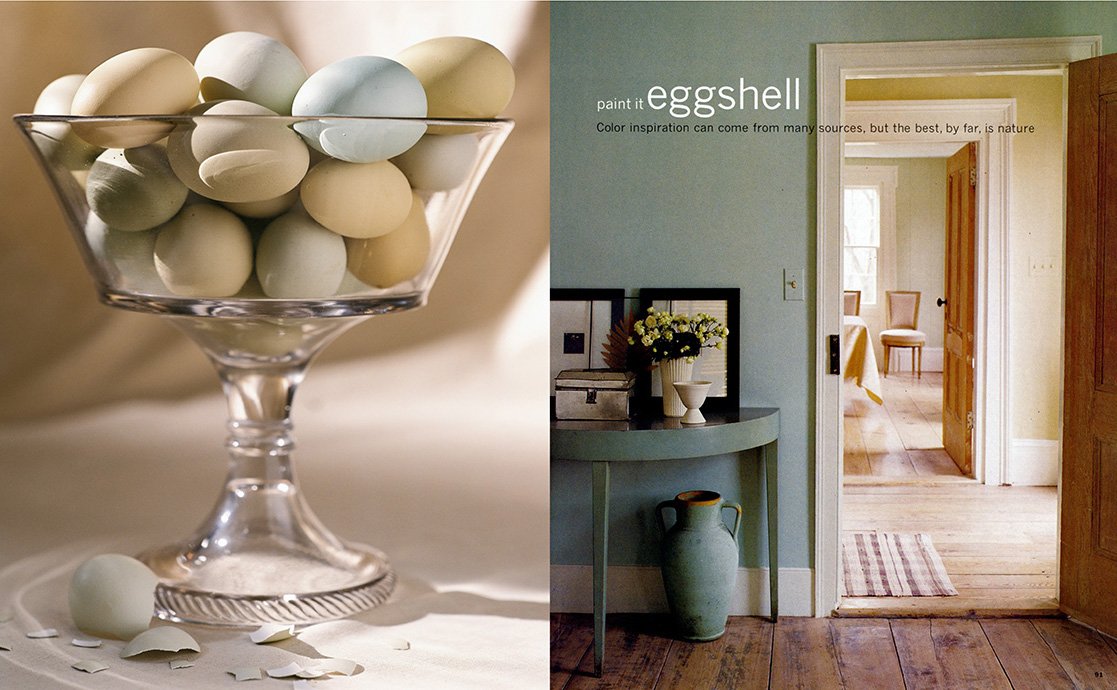
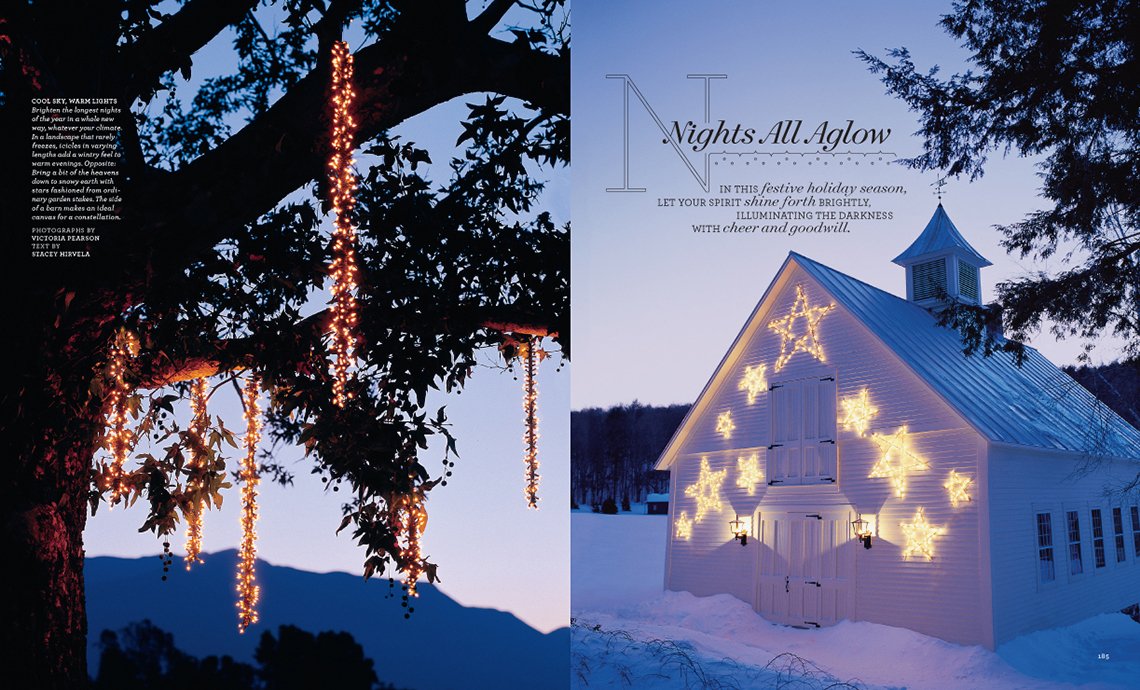

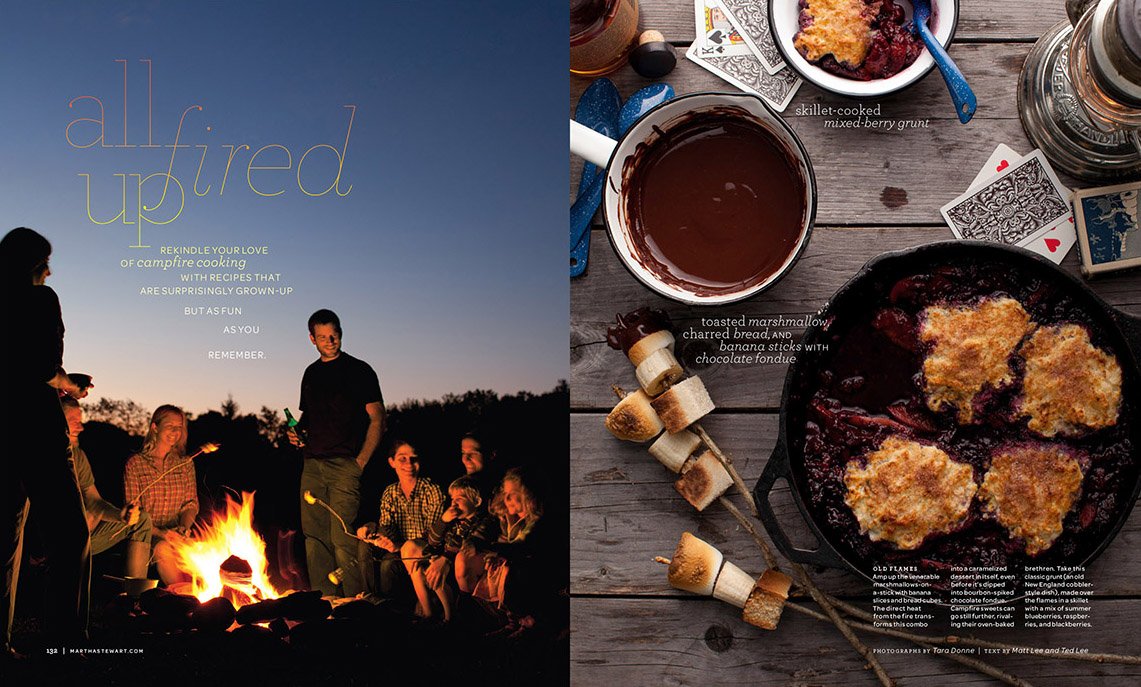
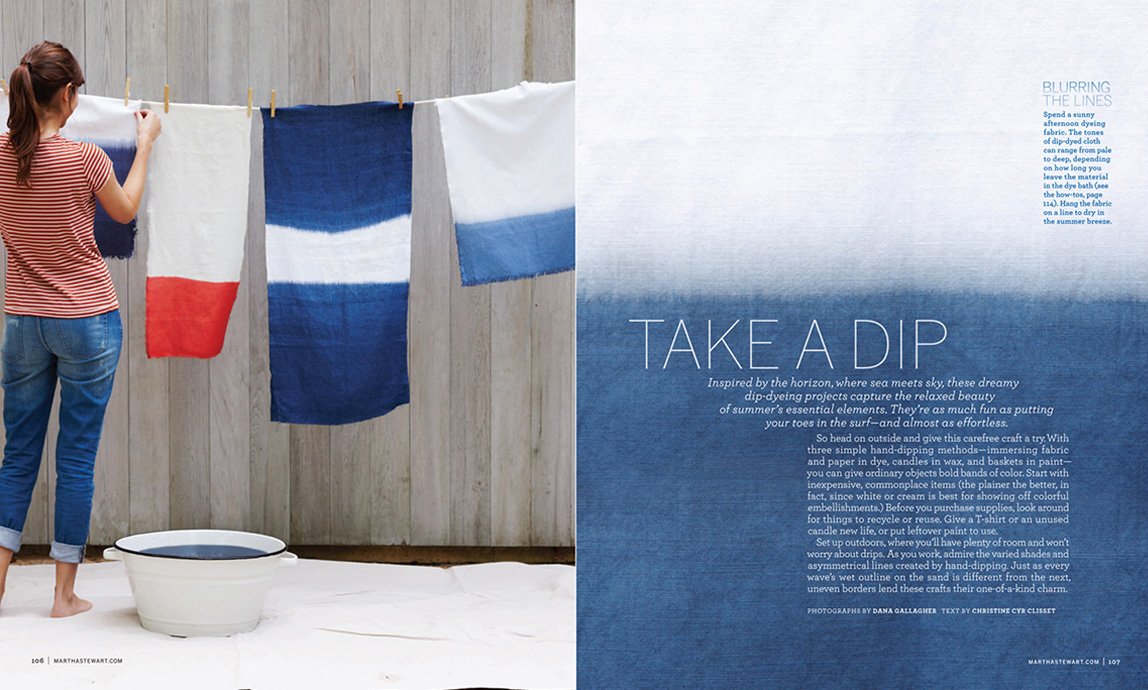

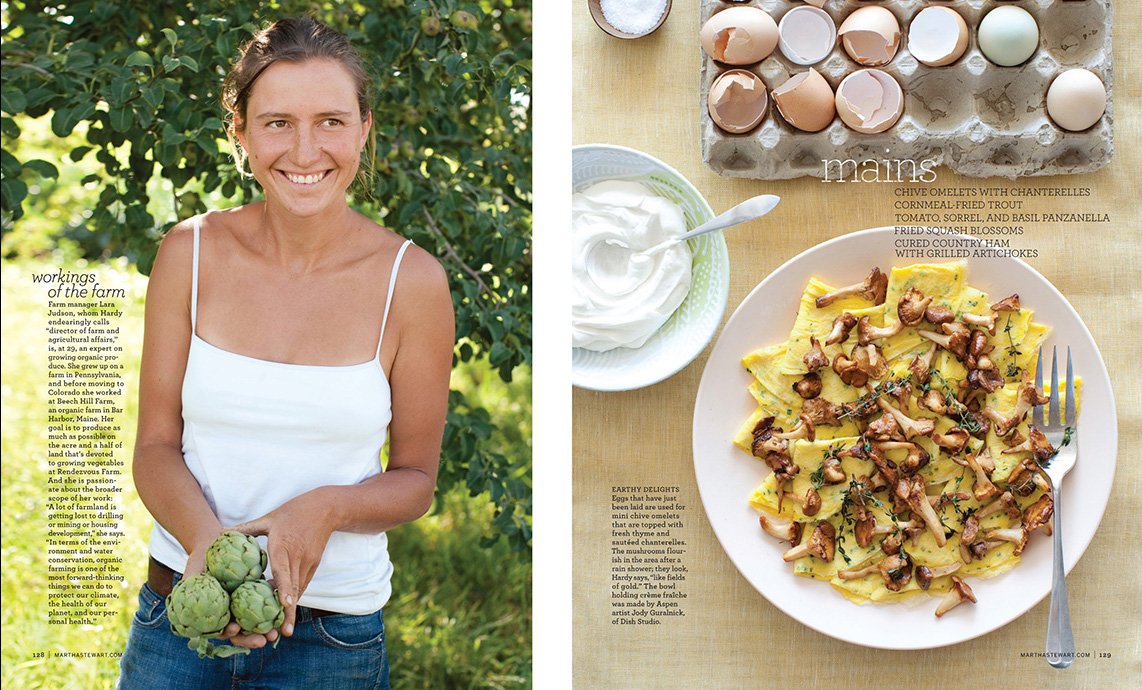
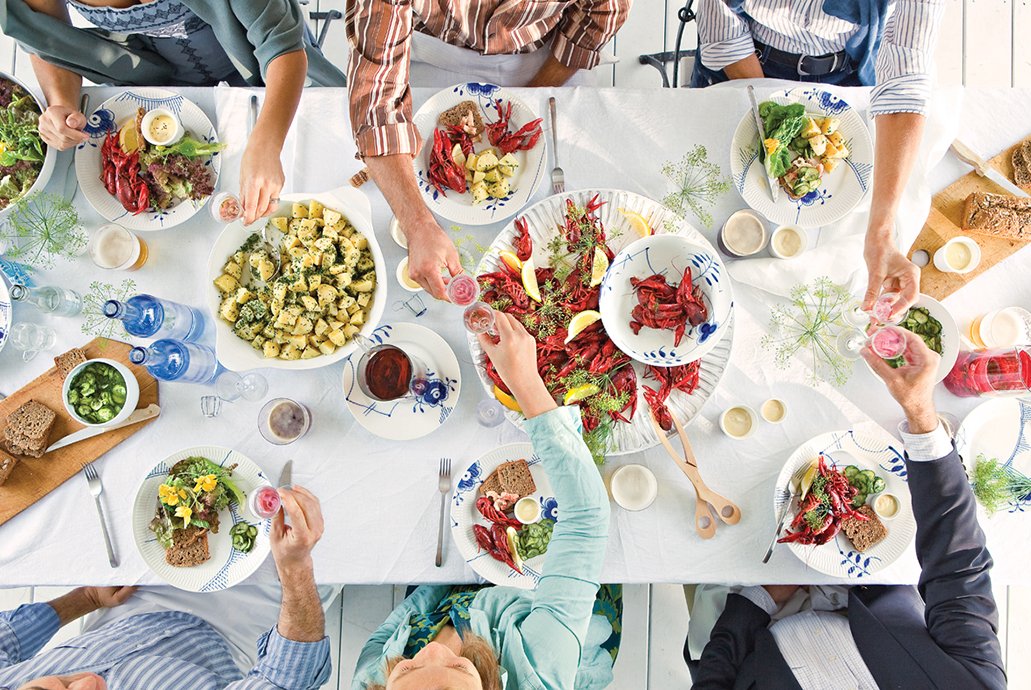
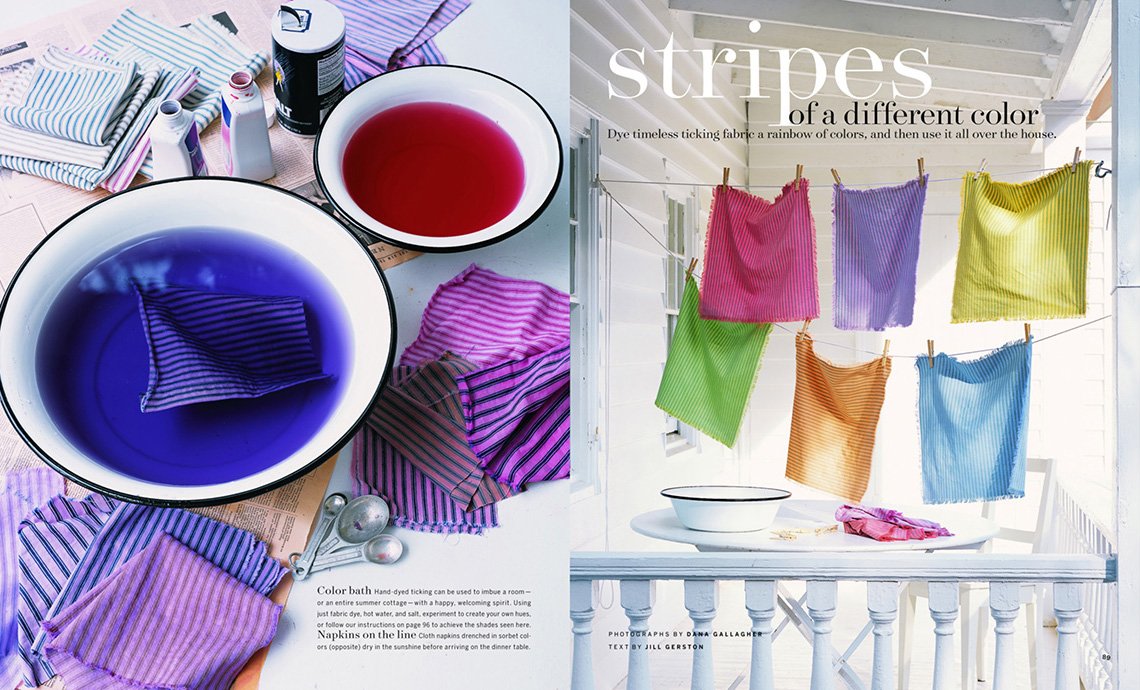
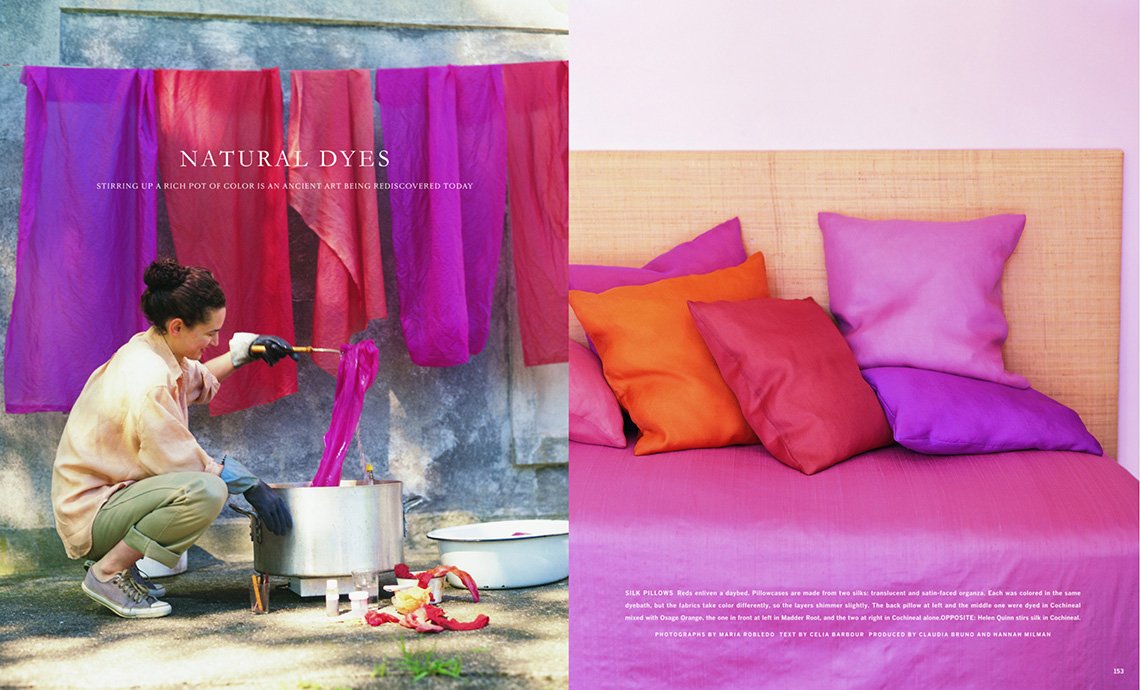

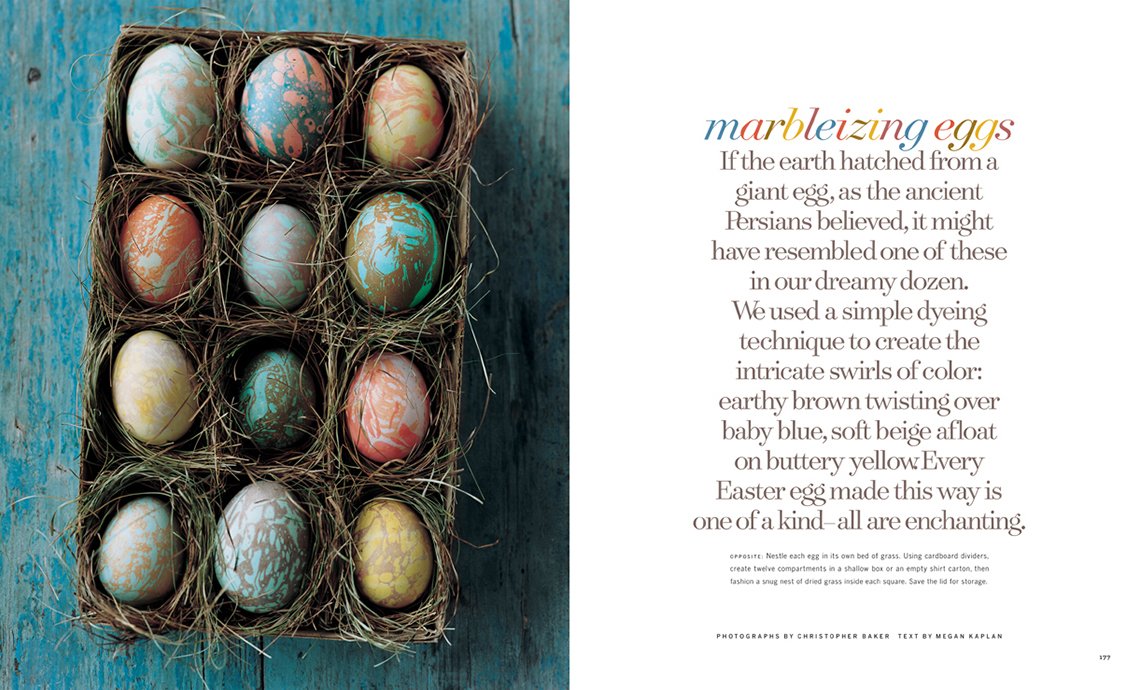

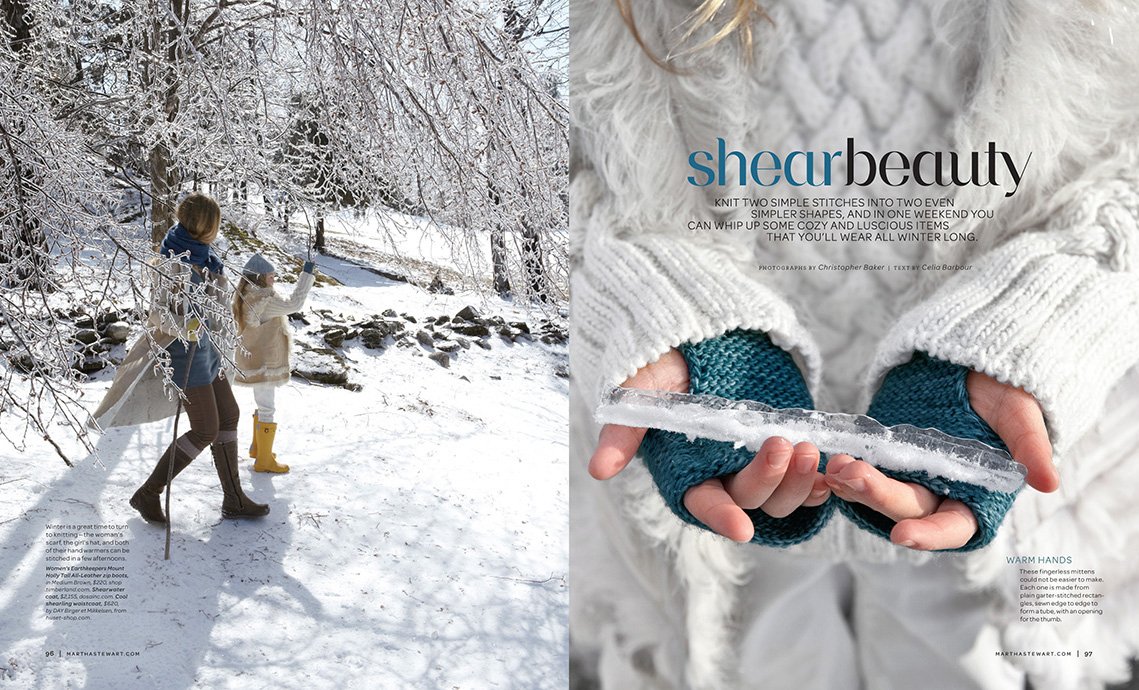
Patrick Mitchell: So the magazine was a huge success, and it grew and grew and grew. The centerpiece was the magazine itself, Martha Stewart Living. But as you’ve talked about, there were offshoots. There was a mail order catalog, Martha by Mail. You had a book division. You did a weddings magazine, a kids magazine, a baby magazine. Everyday Food, which was a recipe magazine. And then this whole side gig with Kmart, which played a huge role in the massive expansion of Martha.
And we all know about that. Everybody knows about the business. But I want to talk about it from the perspective of you, Gael Towey, as one woman overseeing this incredible amount of work and all of these people. Can you talk a little bit about what your approach was to surviving this massive beast of a company?
Gael Towey: Well, I loved it. I really did love it. And I was very well aware of the privilege that I had of being—Martha used to describe me as “first in, first out.” You know, go in, set it up, figure out who to hire. And I used my principles of the type of people that I like to hire for the magazine as the type of people that I wanted to hire for the other product businesses. I wanted people to be collaborators as well as being talented. Obviously, they also had to be talented.
I also wanted them to have a little bit of knowledge of art history. That was something that was a real bugaboo with me. I wanted people to know about art. And know where it came from. So hiring, spotting talent was probably the most important thing for me because we grew so fast and we had to hire so many people and they had to be inventive, and have a good color sense, and be able to follow through, and all of that.
You know, the other thing, in terms of going back to the different type of structure, for most of the life of the company, when I was there, I was in charge of all the people who were the creatives. And they reported to me through their different bosses and so forth.
And it kept all the creatives working together. But it was also a very, very different structure. You didn’t have a business head of the product departments who were in charge of the art directors. It was the art directors who were in charge of the art directors. So they really understood that and they understood branding, the branding, the whole idea of hands, and hands holding things and all of that. That kind of evolved, those brand definers, evolved out of the magazine.
And the whole thing of starting it yourself and doing it yourself evolved out of the magazine. So when we did 280 paint colors for Kmart, we were starting from, you know, Martha’s favorite colors on Martha’s favorite dishes and colors from the garden.
And we hired a painter who would come and make paint swatches. We had thousands of paint swatches that we made into a final palette for Kmart. But we started with actual paint. We weren’t going to other stores and getting paint swatches off the walls. It was all so original.
And when we did the seeds, Martha wanted to grow every single seed in her garden. This was still in Westport. She cleared some land. We planted every seed that we were going to sell. When they grew into flowers, we had them held in hands so that you could see the scale of the flower.
And so the flower would be isolated and you would see what it would look like. And nobody did that. It’s kind of unheard of that we would have that kind of control. But we were reaching 72 million people, and that Kmart deal was the thing that really brought Martha to the fore.
“One of the things that was great about working for Martha is that she didn’t do that stuff before and she thought that she could do it, so she just figured that everybody else could do it too.”
Patrick Mitchell: You scaled your management style, you know, well, your design style, you scaled that with the company. And it’s really a survival mechanism that, “these are the rules in place.” Like when Martha told Deb she could never work there ...
Gael Towey: She said, “you can’t do that here,” right? You can’t do that, can’t do that here.
Patrick Mitchell: But that was her way of saying, “this company is so big, we have to have a way of doing things, or we won’t survive.”
Debra Bishop: Obviously, Gael developed a lot of these systems that actually really worked out so beautifully for all of the extra projects.
Gael, your job became huge. It really did. It was a huge job. The bones of the company and the bones of the research for the magazine then actually helped expand and brand the other areas of the company. So it was a huge job, there’s no doubt, and so incredible. I don’t think there will ever be another company exactly like that. And then along those lines, I just wanted to ask you a question that I get asked a lot.
How did you deal with balancing motherhood? You have two children, Maud and August. With the long hours, and the stress, at the helm of a big creative company. How did you balance that?
Gael Towey: It was hard because, as you know, in the creative world, you never stop working. You never stop looking. Weekends I was dragging my children around to antique stores.
Meanwhile, today, they’re so picky about everything. They were kicking and screaming, but they certainly get it now. I remember once—Martha used to call me all the time. It would drive me crazy because she’d called me at, like, eight o’clock in the morning while I’m still at home and I’m trying to make lunch for the kids and get them to school.
And the phone would ring and it would be Martha. And this is, of course, before cell phones, so, you know, you’re on a line and the kids are crying and they come up to you and they’re crying and crying. And I’m like, “Martha, I can’t hear you. Can I call you back?”
“Well, what are you doing? What is that? What is that racket?”
Anyway, I thought, “You know what? I’m just going to hold the phone really close to all the crying so that she can hear this.” She never called me at eight o’clock in the morning again.
Debra Bishop: But basically you brought them along the journey.
Gael Towey: I did, and I brought them to photo shoots. I’ll never forget this photo shoot in Florida. Going back to some of your original questions about what were the hard things that you had to do when you first started the magazine?
Time Inc. gave us the money to do the first issue and then we had to wait around for them to approve a second issue, and then they had to do their calculations, and counting newsstand sales, to give us permission for the third issue. Until, finally, after six months of testing—we weren’t able to shoot for the following year, so we were constantly, in the winter time, shooting summer and so on and so forth. Anyway, I brought Maud to this beach location and I was pregnant with August and the beach was so hard and I was running. We didn’t have—I don’t know what we were thinking—but we didn’t have walkie talkies.
I was running back and forth from one place to another trying to keep this shoot together, which was spread out across three beaches and two houses. Oh my gosh! I got into bed at night and I was sleeping in the same bed with Maud, who was, I think, probably four years old. My legs hurt so much I can’t even begin to tell you.
Anyway, I was young and healthy and I felt like I could do anything. And, because you did the Kids magazine, we all sort of grew in this subject matter because we were experiencing it in our life.
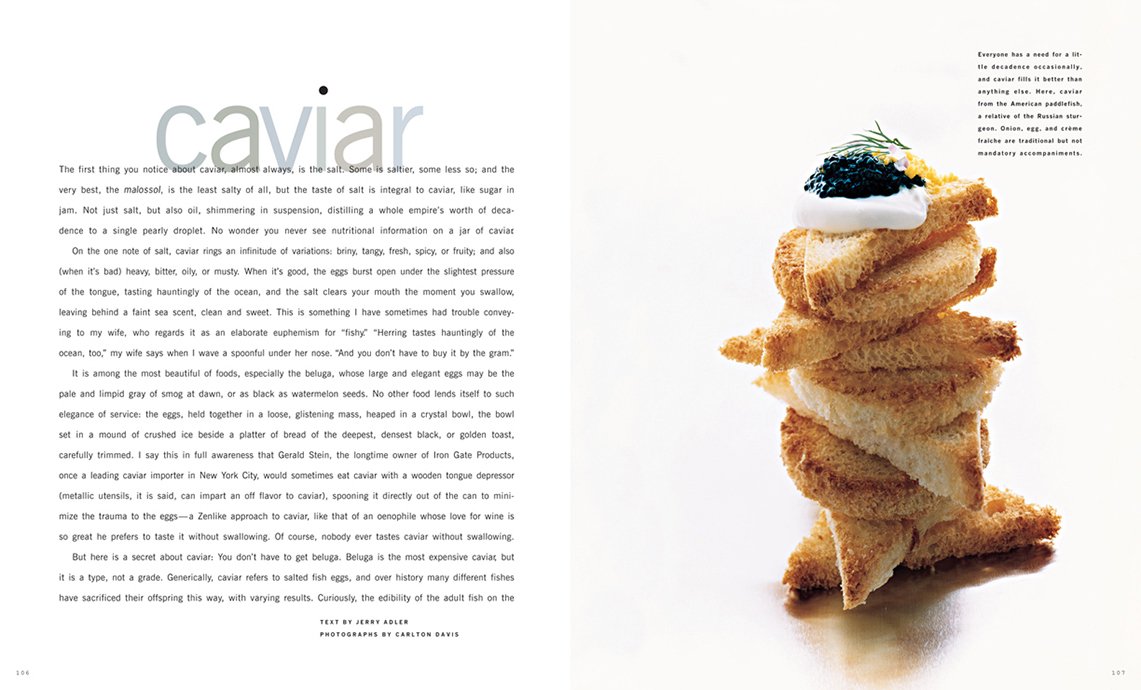

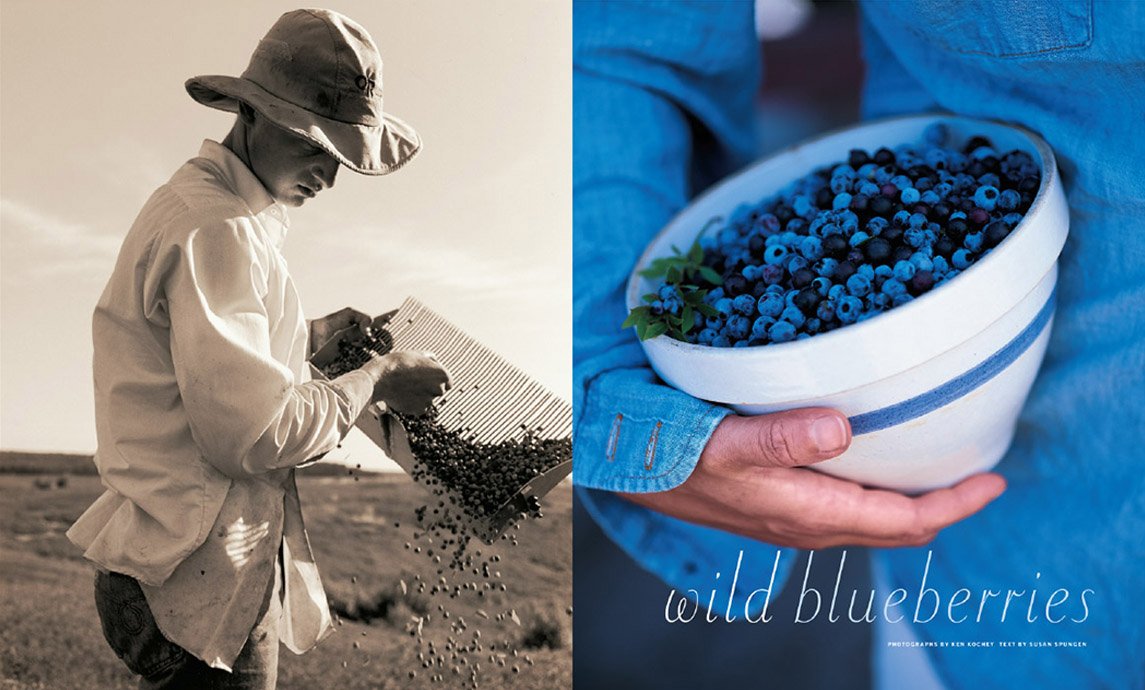

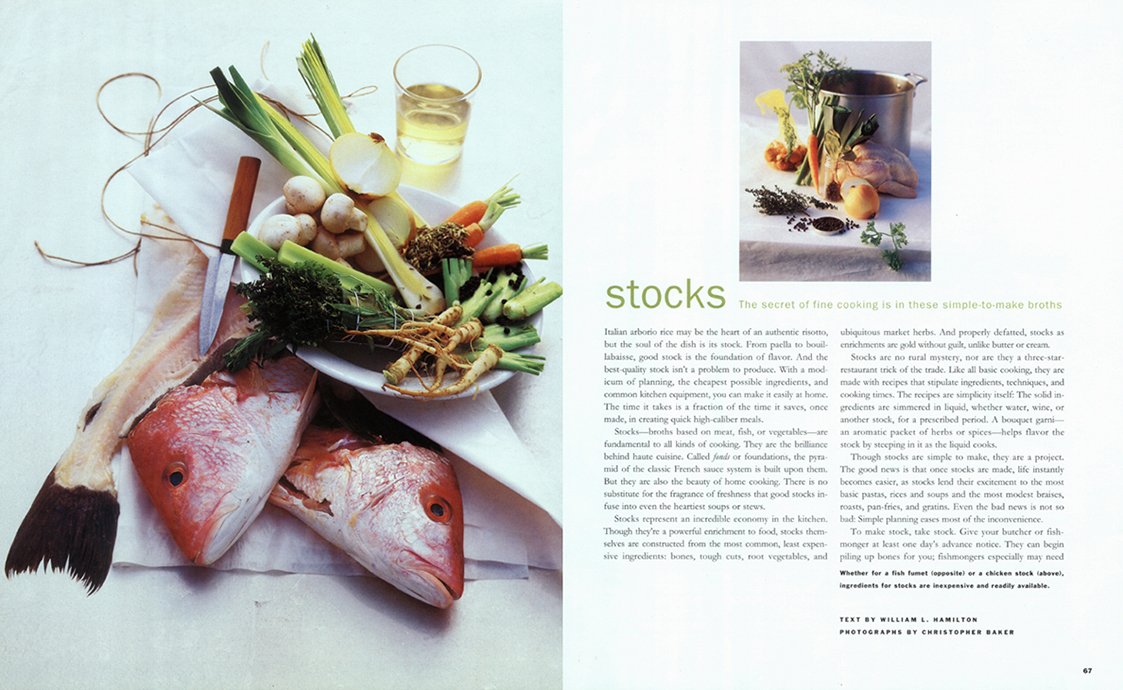
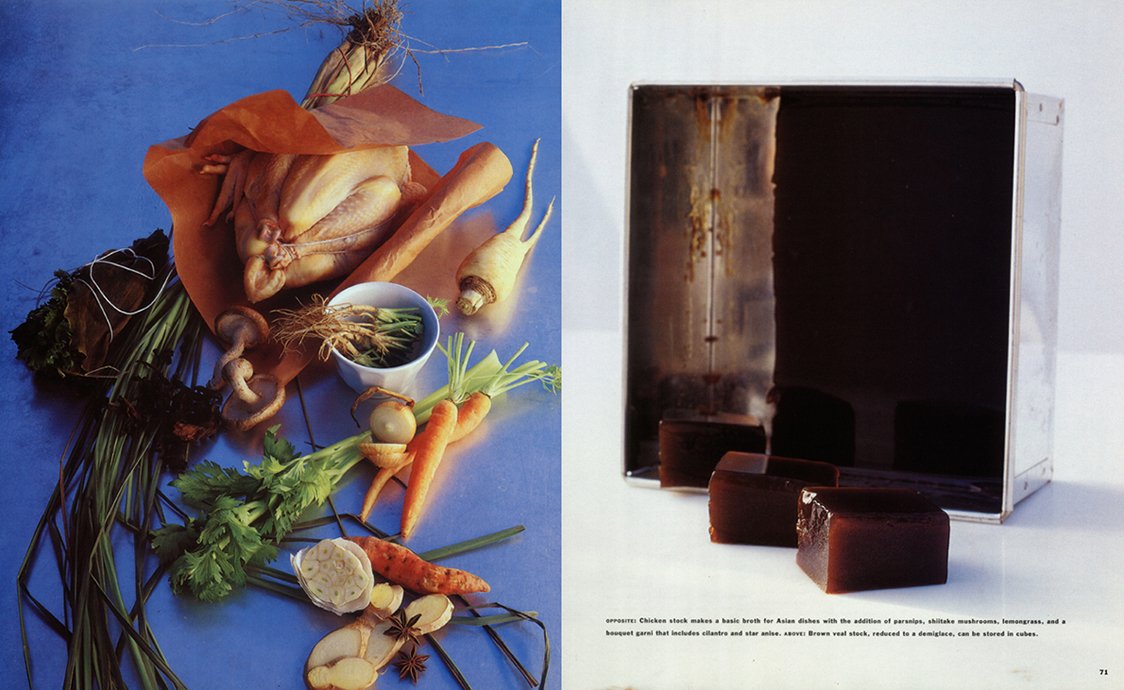
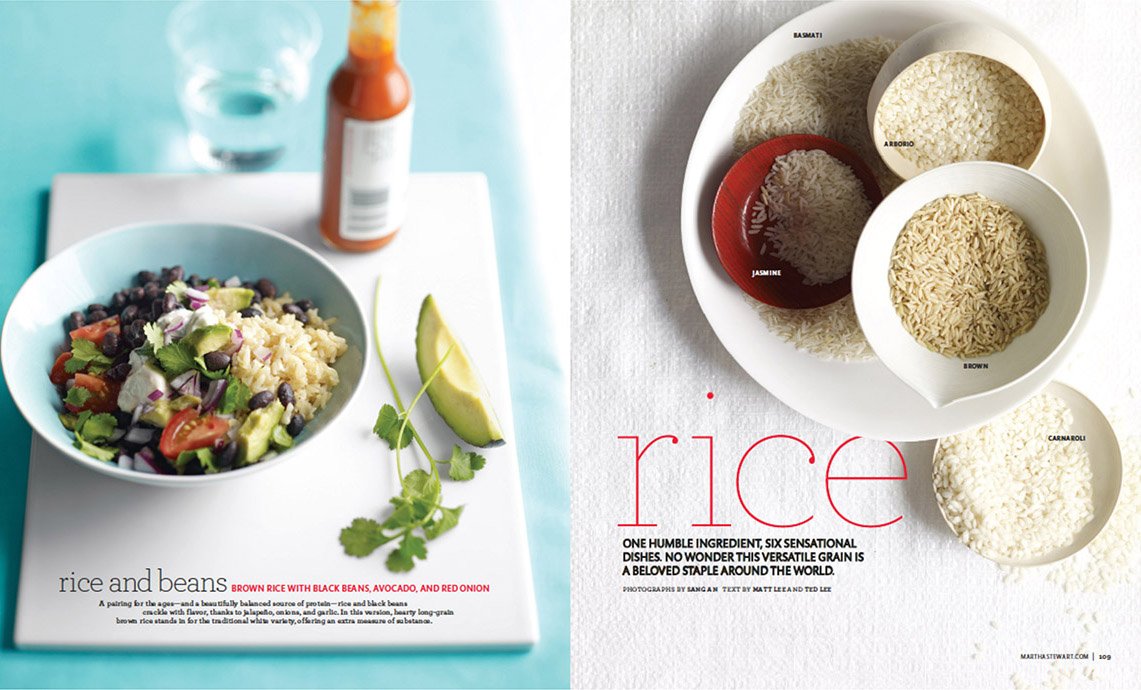
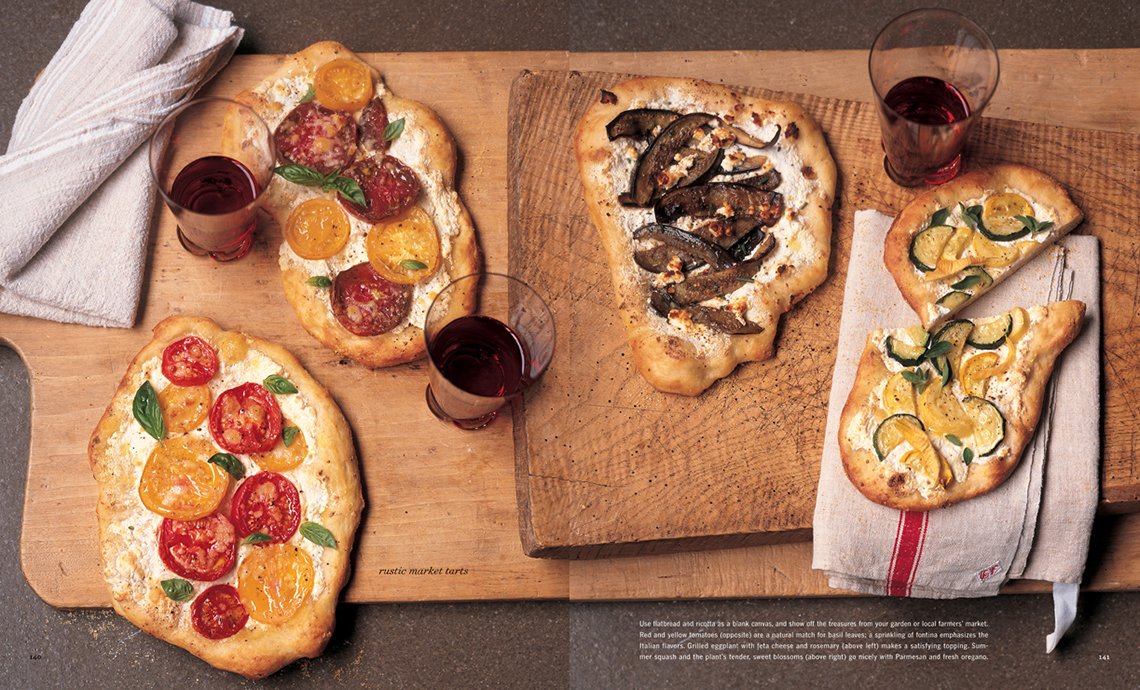
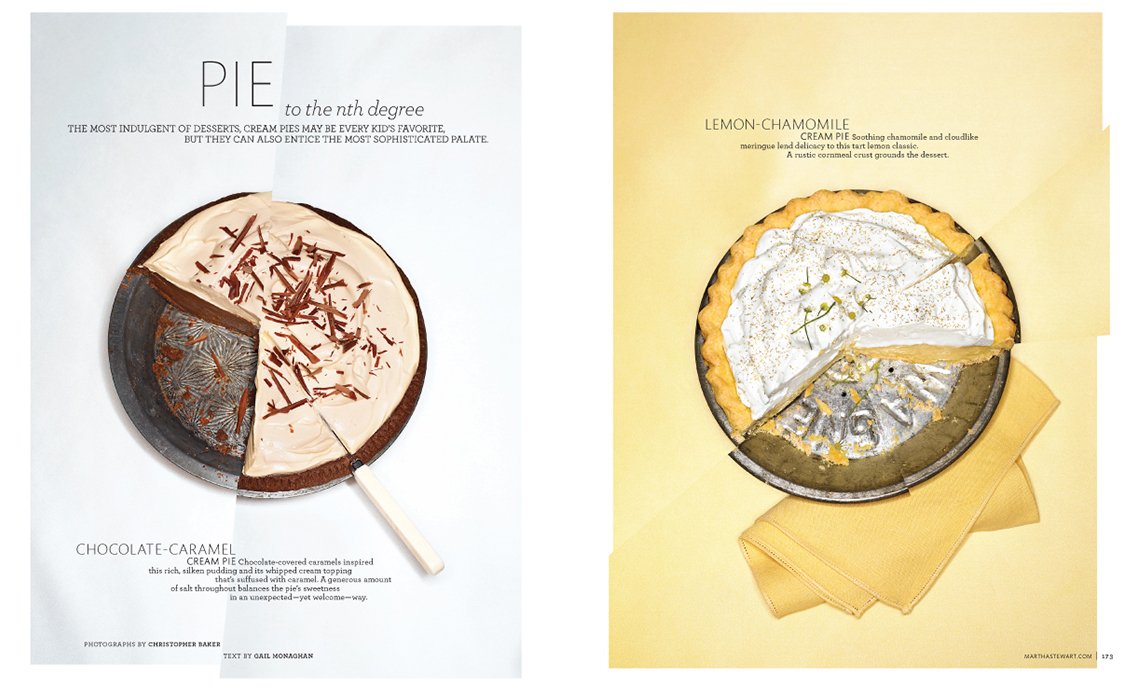

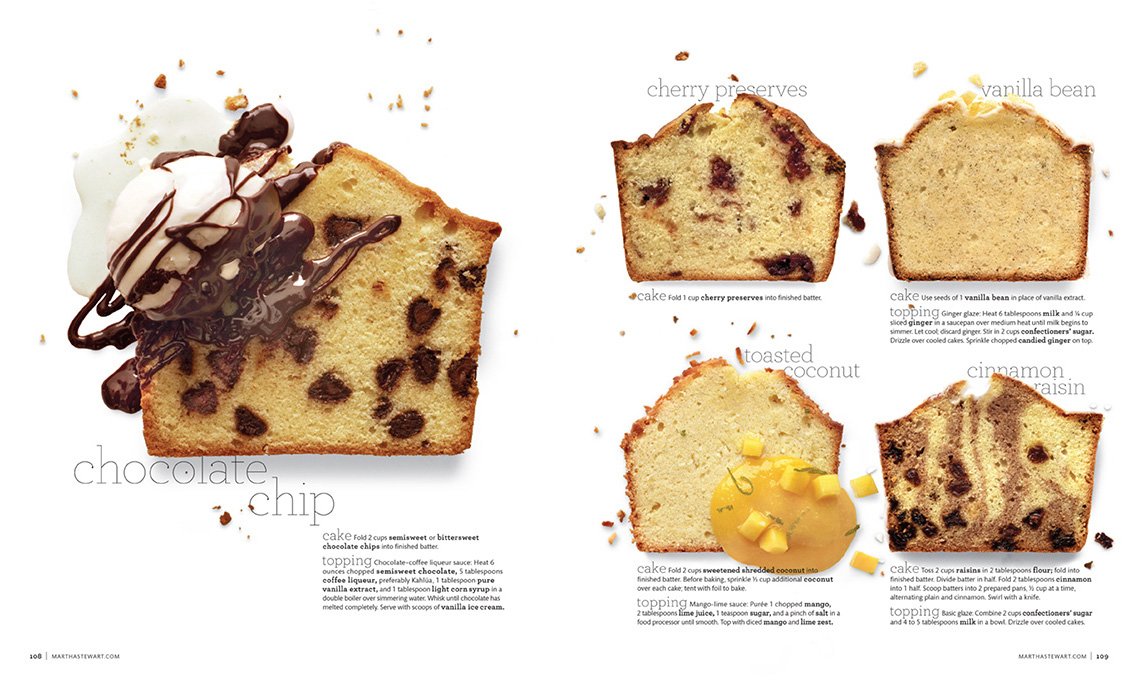
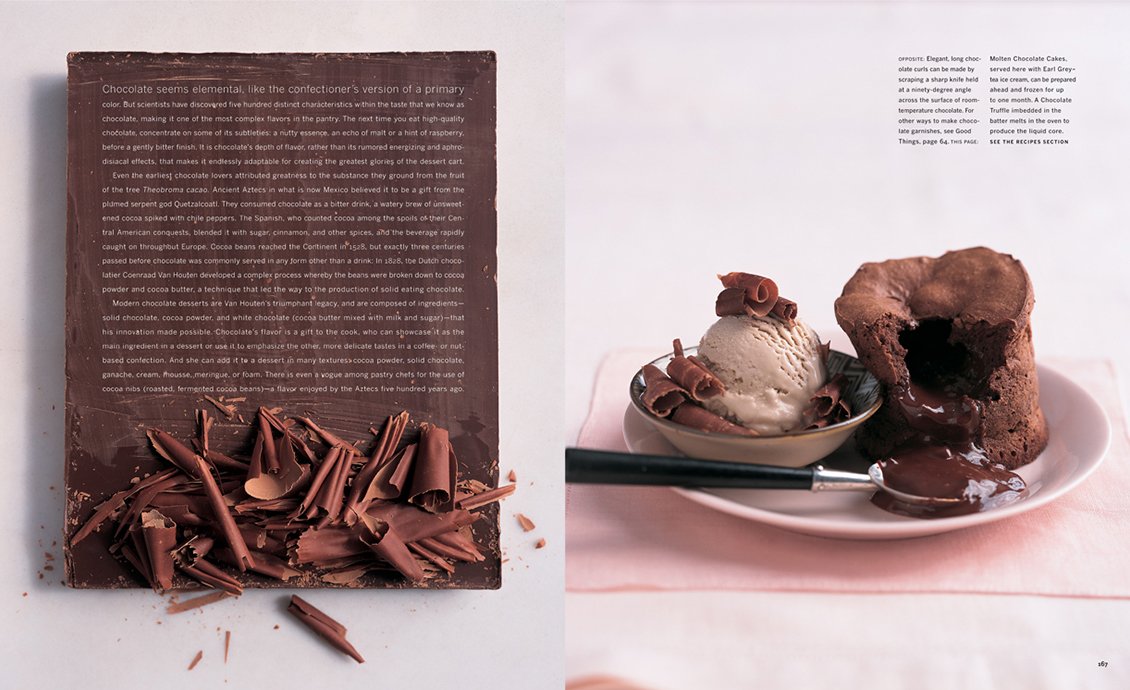
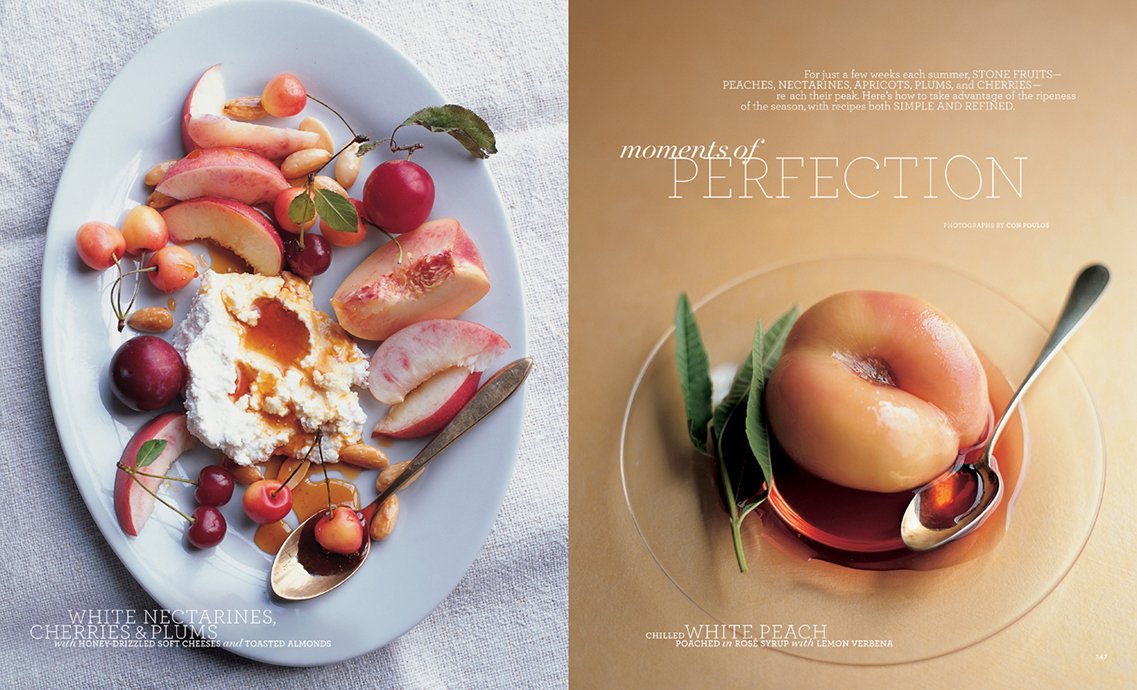
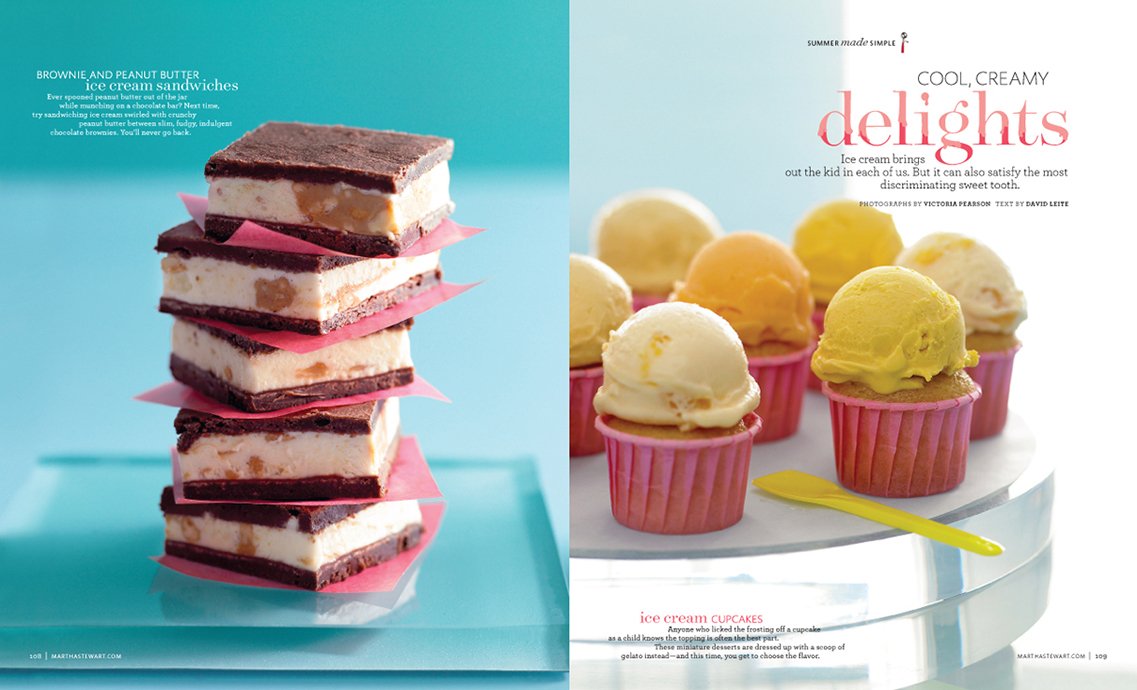

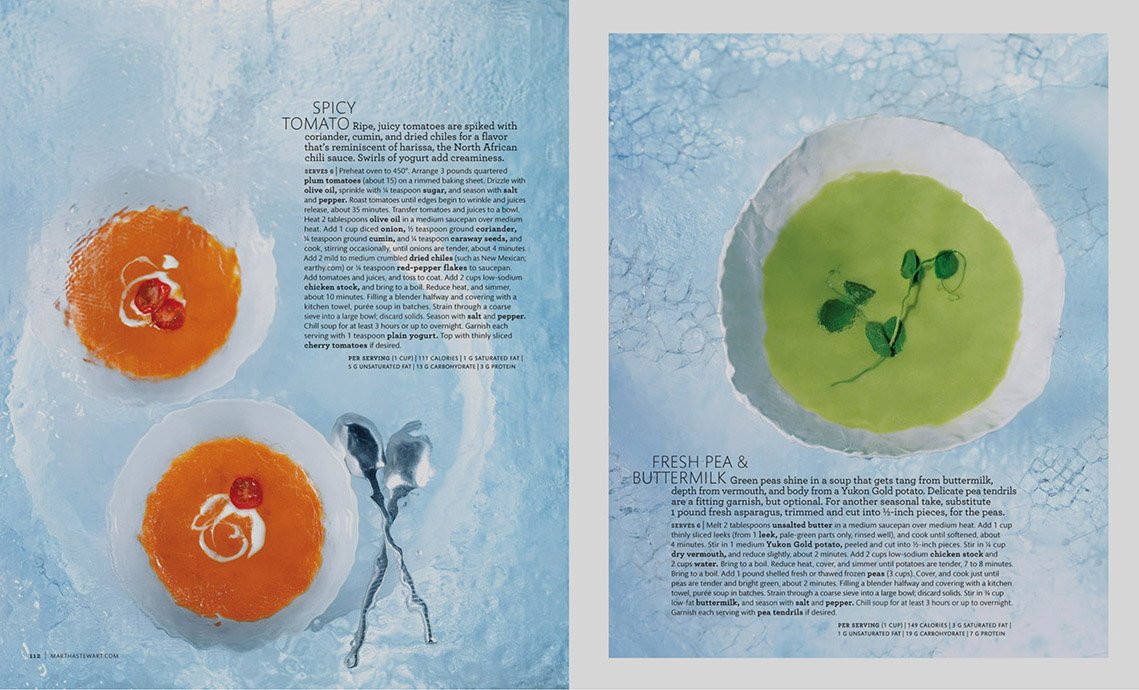

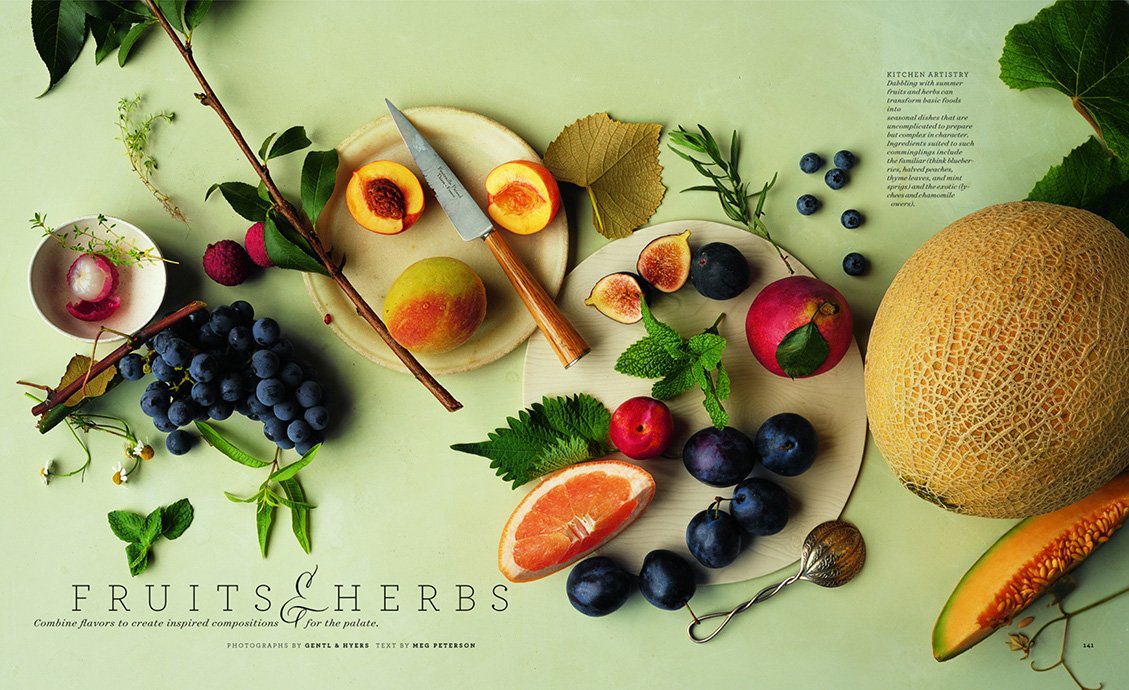
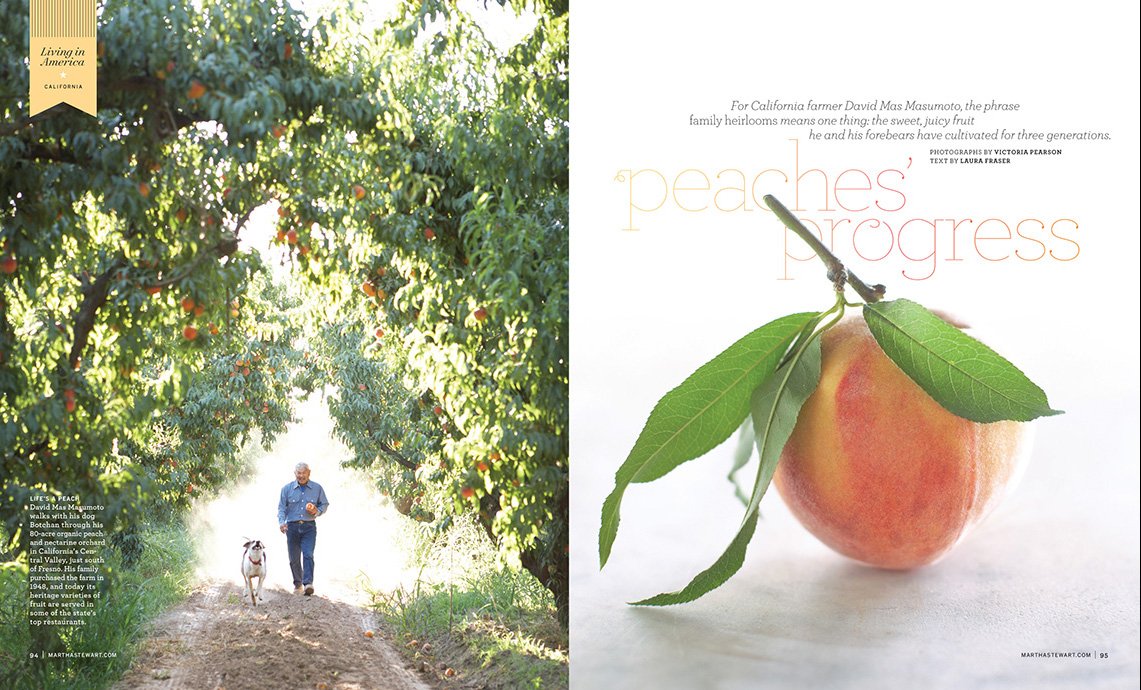
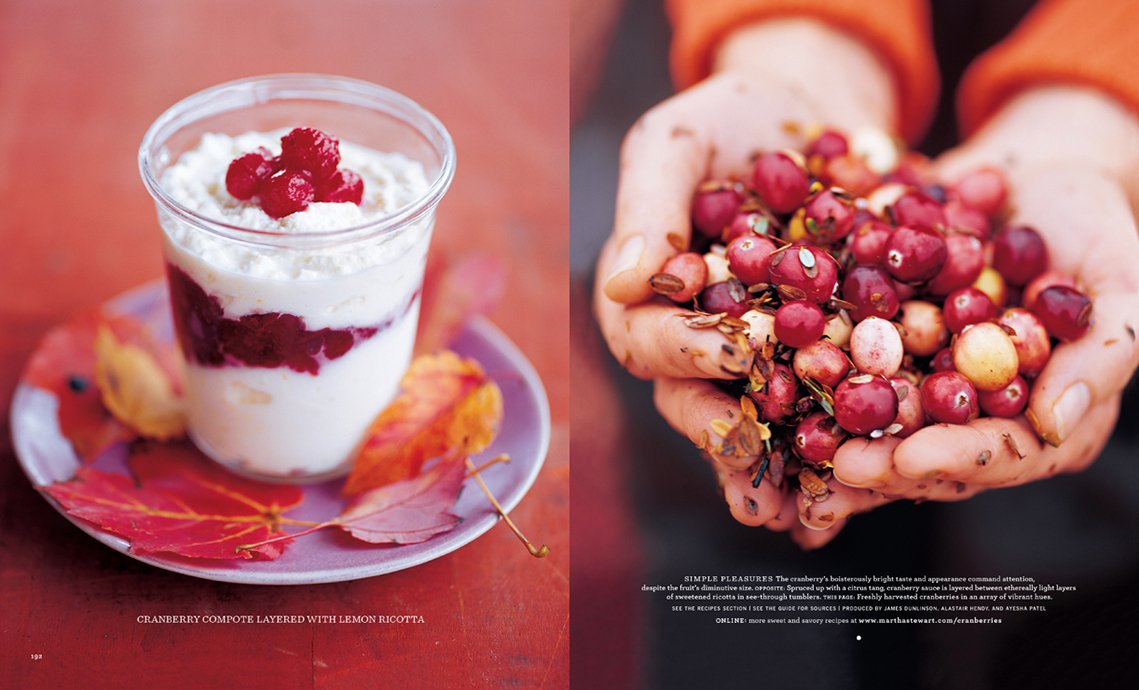
Debra Bishop: And that was one of the greatest gifts that I had. Yeah. I was able to, as I was having children, I was helping create content about the very subject right.
Gael Towey: Which is why it was so good.
Debra Bishop: Exactly. I mean, for me it was good because I had that creative outlet. I was interested in the topic. And so many of my collaborators at Martha Stewart Living were having children. And we were all balancing. And we were all one big family. Our kids would model. Or they would test.
Gael Towey: They were all in the photo shoots. Who was the baby? Was it Andrea’s first child? Who’s the baby in the bowl for the Baby mag?
Debra Bishop: Oh, that’s Andrea’s Lula. And that bowl, the bowl idea—I loved that enamel bowl. We were selling it at Martha Stewart, and we were all like, “what are we going to do with that bowl?” And I said, “I know exactly what we’re going to do with that bowl.” Because my brother used to be bathed at the cottage when I was growing up. And I have these beautiful pictures of my mother bathing him in an enamel bowl just like that.
So that’s where the idea came from. But when we shot it, and this was when Andrea and I were both very young mothers, and we put Lula in this bowl with water in it. She loved it. And it was on top of a very narrow table that we had in the shoot studio. And when I think about it today, I just, like, cringe because it was such a dangerous thing to put a little baby in a bowl like that on a small table and then step back to take the picture.
And then the other thing was, Martha loves to tell the story where Lula loved the bowl so much, it was nice and warm in there, that she pooped in the bowl. Martha loves to tell that story, but behind the scenes you couldn’t luckily see it on the catalog cover.
Patrick Mitchell: So, last Spring Dotdash Meredith, which is some amalgamation of what used to be Meredith Publishing, decided to end Martha’s print life. And they killed it, along with several other thoroughbred brands. How did you feel about that? Seeing the end of Martha in print?
Gael Towey: I mean, obviously, I wasn’t surprised. Because so many magazines by then had folded.
Patrick Mitchell: But this is your baby.
Gael Towey: But after I left, I obviously watched it for a while. But I felt that the restrictions, being under Meredith, had really changed the magazine. And I didn’t feel that it had the same emotional connection that it had had earlier.
So, I certainly felt sad about it. But mostly I felt sad for the people who were working there and really loving doing their jobs. I felt terrible about that. But you have to remember that when I left at the end of 2012, I had just gone through this very excruciating experience where I had to fire a lot of people and it was so devastating for me.
I was firing people because we were losing money and there were a group of executives who had taken over. And the thing about Martha going to jail is that she was forced to be away from the company for about a year.
And then she wasn’t allowed to be on her own board of directors anymore. And so, for something like 10 years, the board and the company itself were doing things that were, frankly, really stupid. They closed her television show. And it was like the place was self-destructing.
So for me, because in 2011 and 2012, we were really suffering so much and I knew they were going to fire even more people and I didn’t want to be there to go through that all over again. It was too horrible to fire people who you loved, who you cared about, who were your friends, who you hired and trained yourself, and who were, I thought, geniuses.
And have to go through that all over again. I couldn’t do it. So for me, that was the big break. That was a horrifying time.
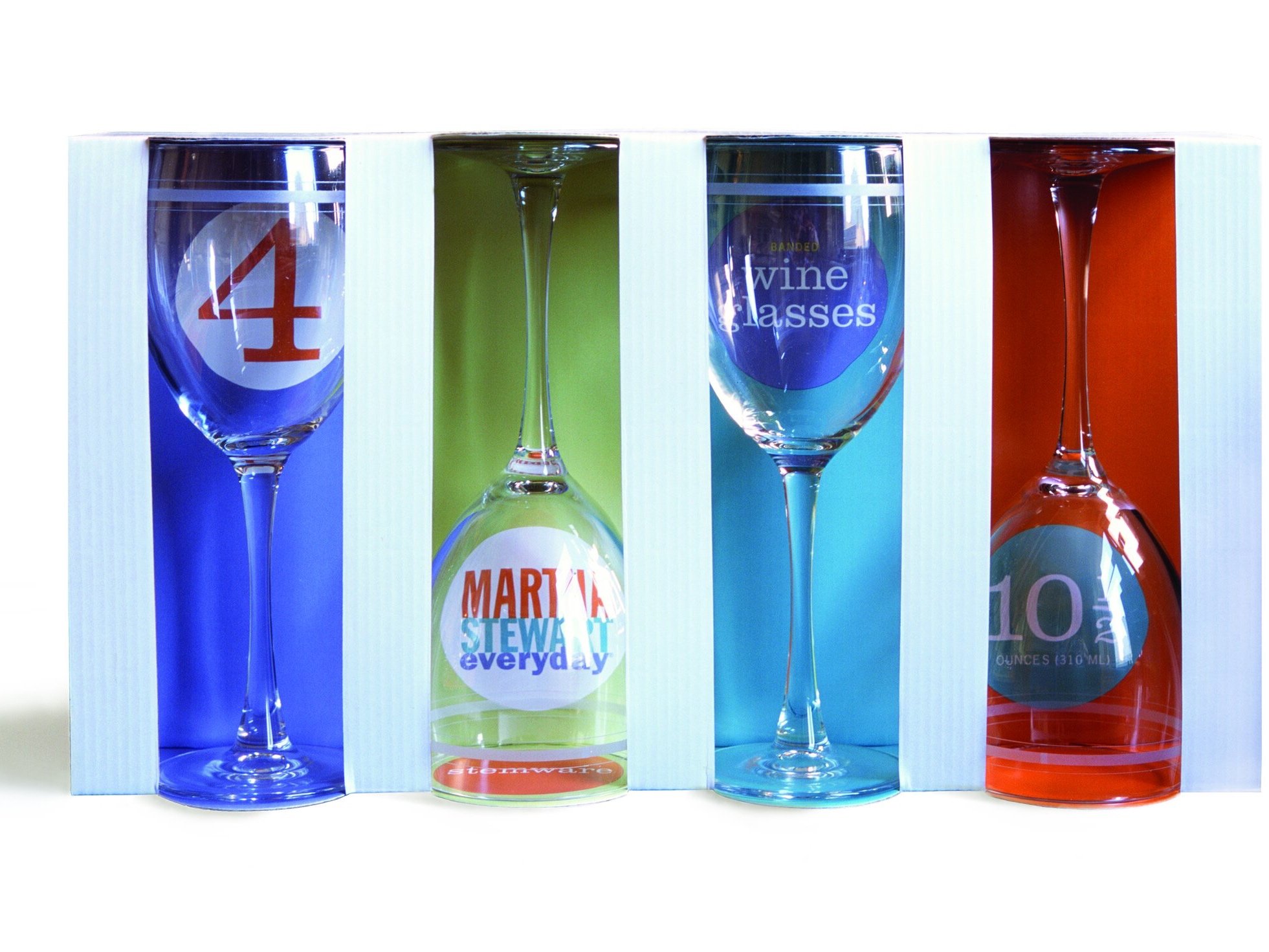
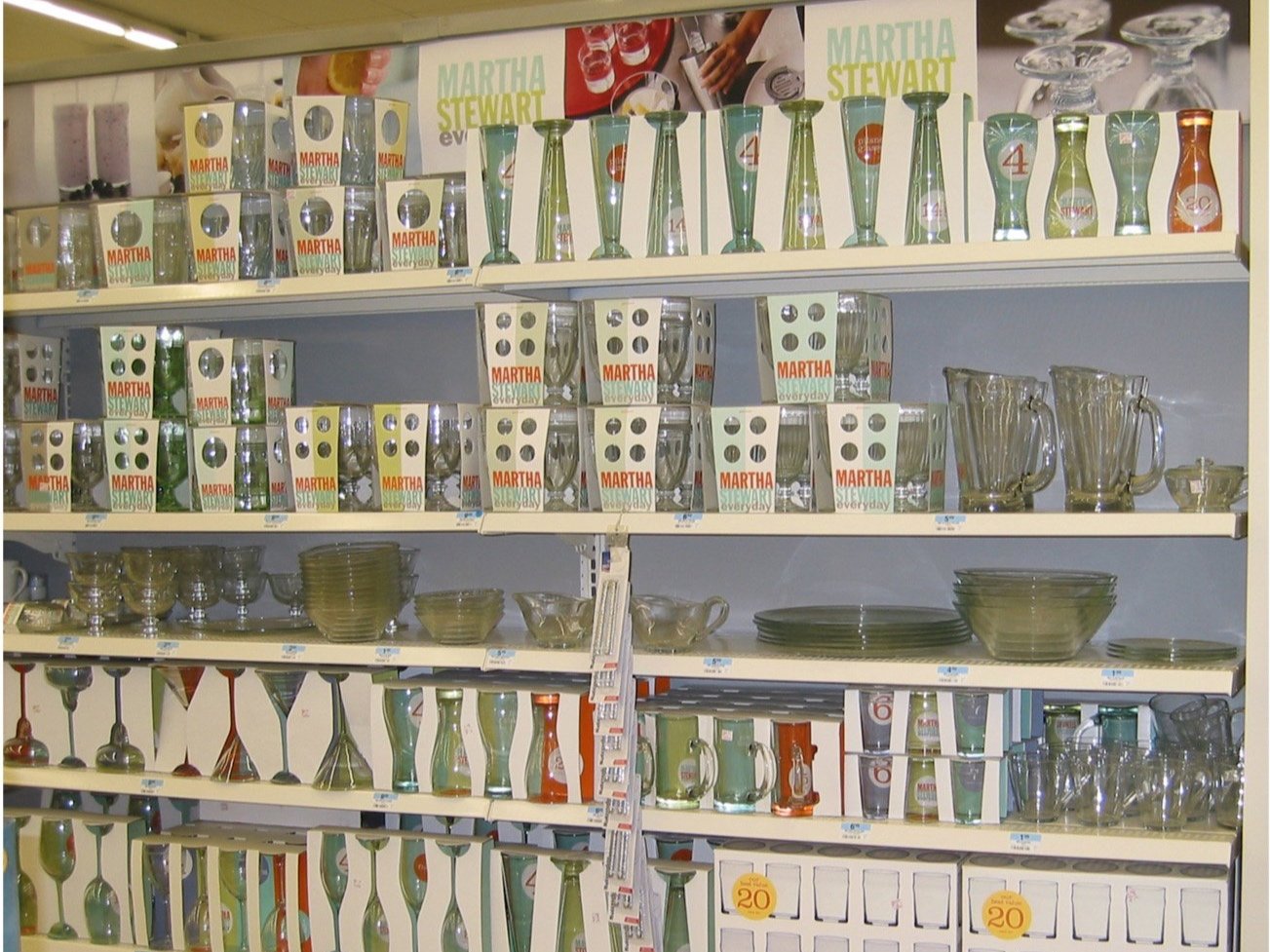
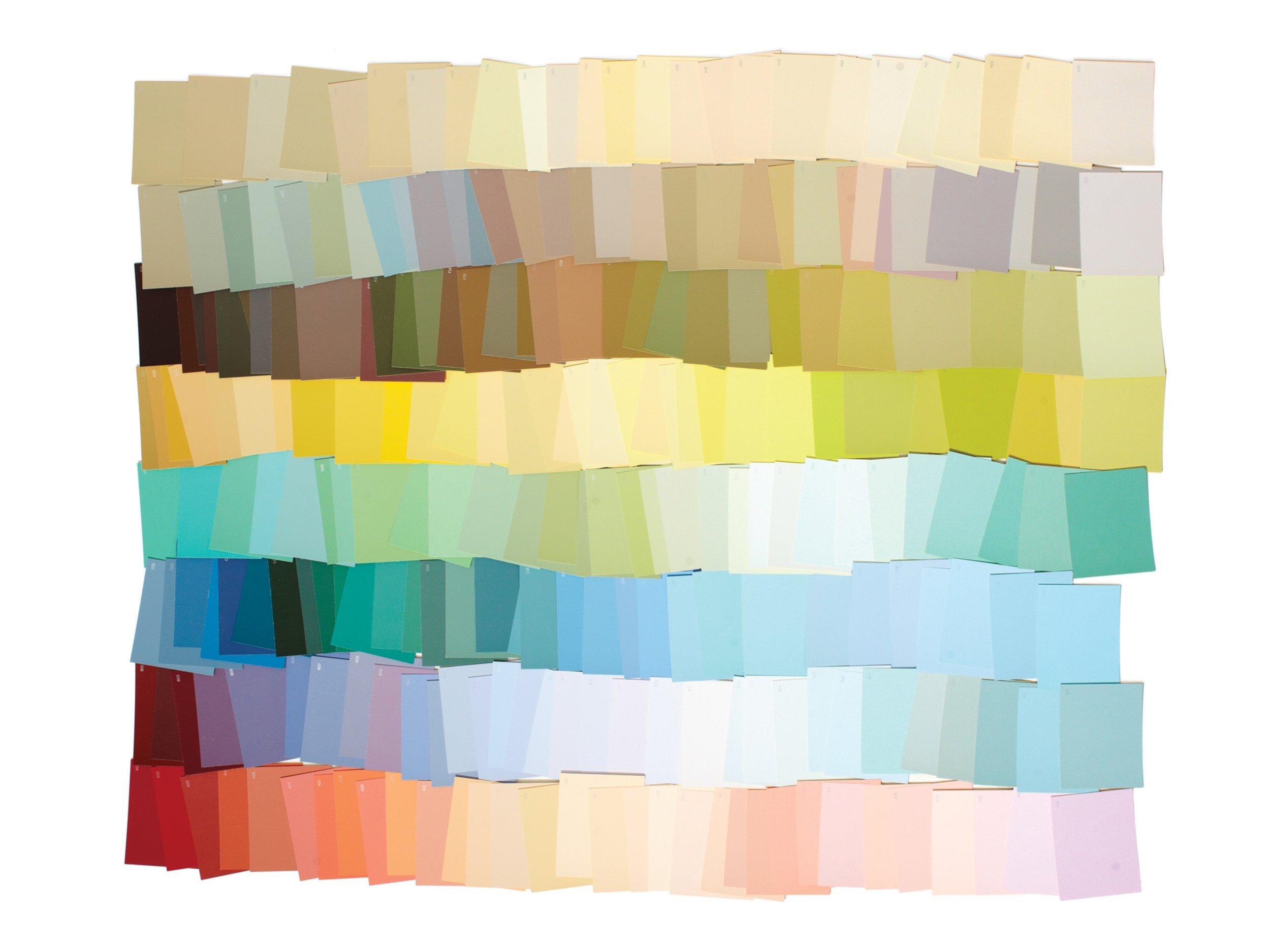


Debra Bishop: And you had to remove yourself emotionally from it at that point. So by the time Dotdash got a hold of it, it was already gone.
Gael Towey: It was already gone.
Debra Bishop: For those who don’t know him, can you tell us about your husband, the fabulous designer Stephen Doyle?
Gael Towey: Stephen’s very funny. He is a wonderful dancer. He’s an amazing father. He’s an incredibly generous person. He’s very, very inventive. He’s constantly thinking of things to make. He’s a maker. And he loves to do the things that I love to do, which is to travel. I really like educating myself constantly and having new experiences, and he feels the same way. We both love art. We love going to museums. We love shopping in antique stores and flea markets. We love to cook, and we cook together.
We’ve had a number of experiences working together. Stephen designed the Kmart logo and all of the early packaging for Kmart. And during the day, I would be in the office working with all the product designers and hiring people, and we were doing thousands of products almost immediately and getting Martha to approve the color swatches and the fabrications and all that kind of stuff.
And then I would come home and Stephen and I would spread all the packaging concepts out on the floor of the living room. And our children would say to us, “do you guys ever stop working?” In other words, we were paying no attention to the children.
Debra Bishop: I’ve had the same experience.
Gael Towey: We were having the time of our lives, looking at packaging and logos. And he was coming up with all these crazy ideas for these packages that would fold so that you could see the shape of the wine glasses. But you had to look through the glass to see the typography. And of course, because you’re looking through the glass of the wine glass, the typography was a little wobbly in this really cool way. So it was so fun. So fun. We really, really, really had such a good time.
Debra Bishop: You’ve already talked about when you first met, which is hilarious. So I’m assuming it wasn’t love at first sight. Or was it?
Gael Towey: Not for me. I was a mess. In fact, Martha would come into the office and say, “What’s wrong with her? She’s losing weight. She’s losing too much weight. Tell her to stop. Tell her to stop!” And, you know, I was a disaster. Anyway, it took me a while.
Debra Bishop: But tell us about your first date. Where did you go?
Gael Towey: We went to a photographer’s loft who was having a Christmas party. And she had a live band. And we danced. We each went separately, but we both knew that we would see each other there because we both knew that we were invited. And we danced together all night long.
And he’s a really, really good dancer. And my father was also a great dancer. And I learned how to dance from my father.
Debra Bishop: Wow.
Gael Towey: And I danced with Stephen and I thought, “Oh my God, I could marry this guy.”
Debra Bishop: Did you propose?
Gael Towey: No, he proposed.
Debra Bishop: And?
Gael Towey: He proposed. And we decided to get married very, very quickly. And for Christmas, our first Christmas, he gave me this wrapped package, and it was this big heavy paperback and I’m thinking, you know, “Why do I have the Tale of Two Cities? Like, what is this?” And I opened it up and inside he had cut out all the pages and there was a little ring box in there.
Debra Bishop: Wow.
Patrick Mitchell: I was going to ask you if he took a knee, but it doesn’t even matter.
Debra Bishop: That was pretty amazing.
Gael Towey: Yeah. Pretty amazing. And, I’d have to say, in terms of design, that I’ve really learned a lot from Stephen. As I said, I am not a typographer. I’m much more of an image maker, and he is an incredible typographer. And I have learned so much from watching him work in that way.
Patrick Mitchell: I imagine the idea of you two going into business together has come up, from time to time.
Gael Towey: That would be horrible.
Patrick Mitchell: Really?
Gael Towey: It would’ve killed our marriage. I mean, it was fun to work on the isolated thing, you know, a logo or something like that. But Stephen sees the world in a very, very specific way, and that’s what he sees. He’s in his own business, running his own business for a reason.
I think he was fired from every other job he ever had. Actually, he asked Tibor Kalman at M&Co., for a raise, and Tibor said no. And so he quit. But otherwise he was fired.


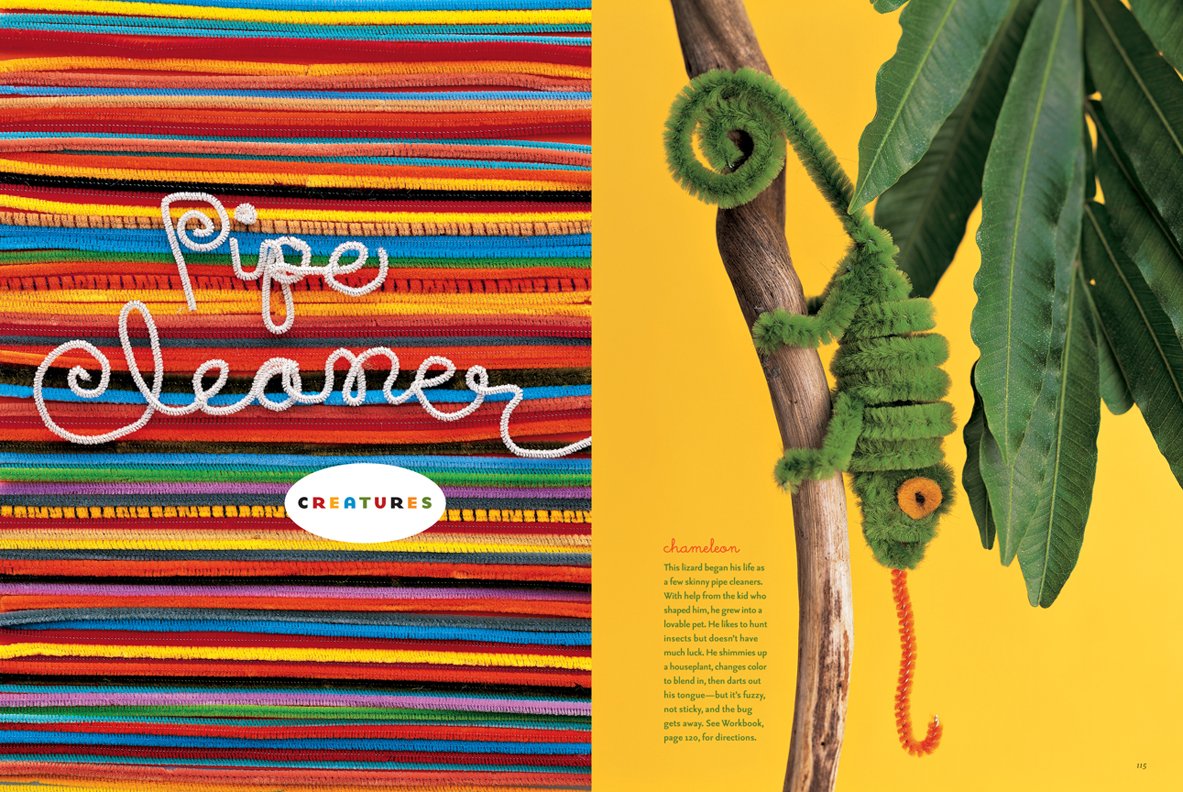

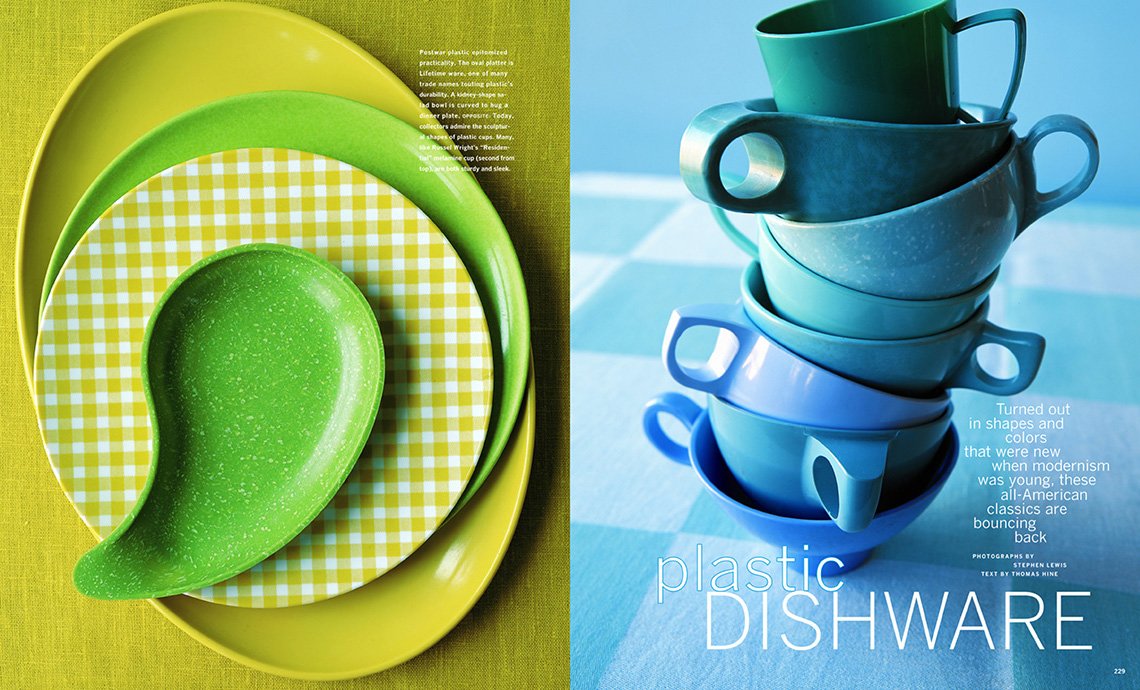
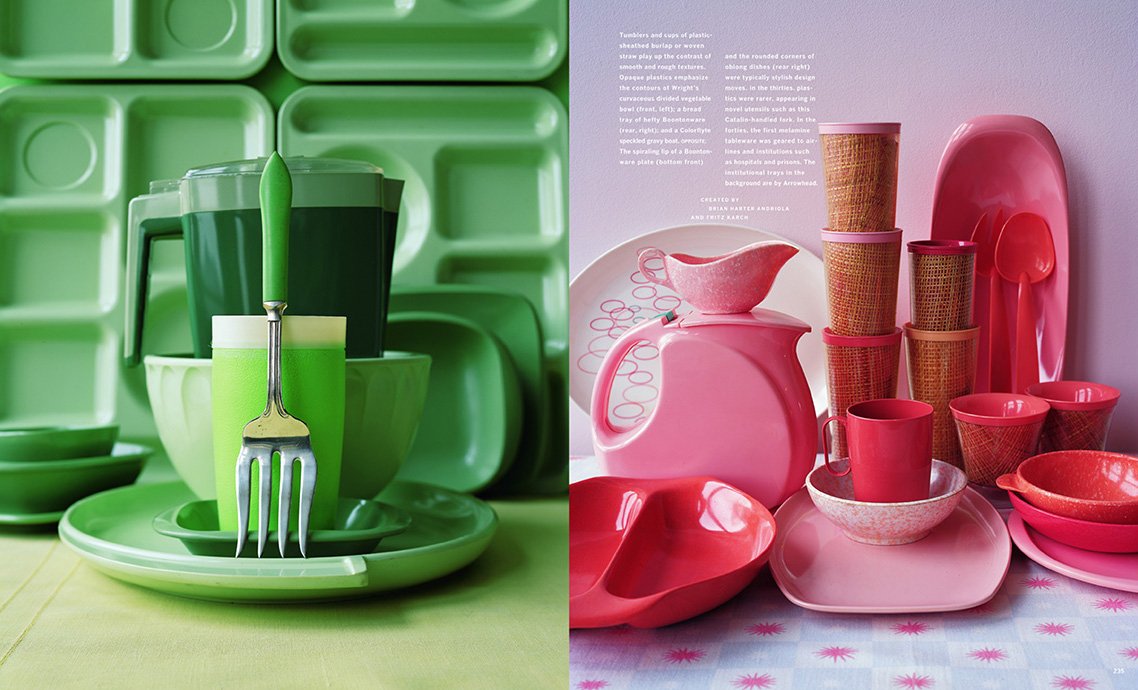

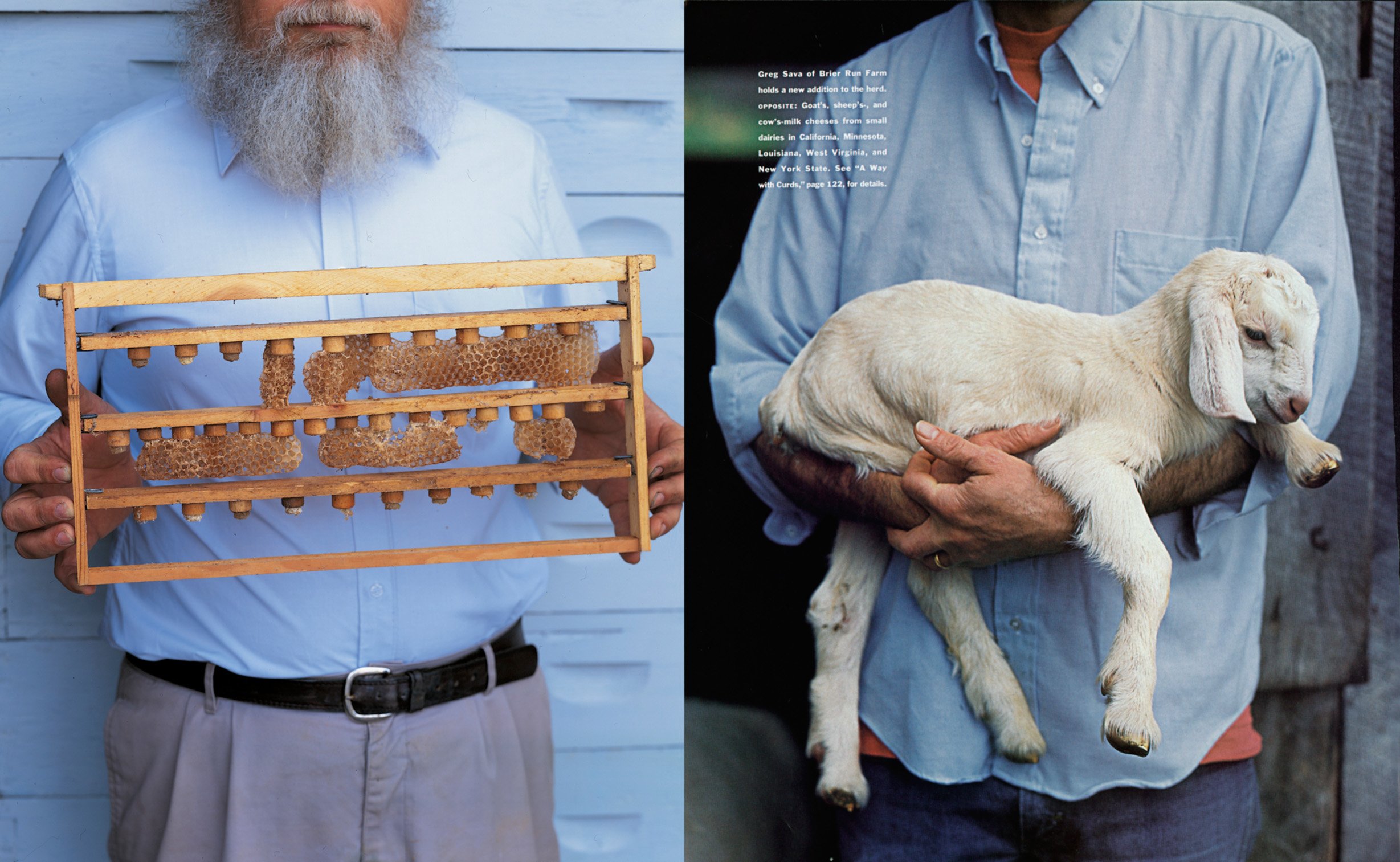
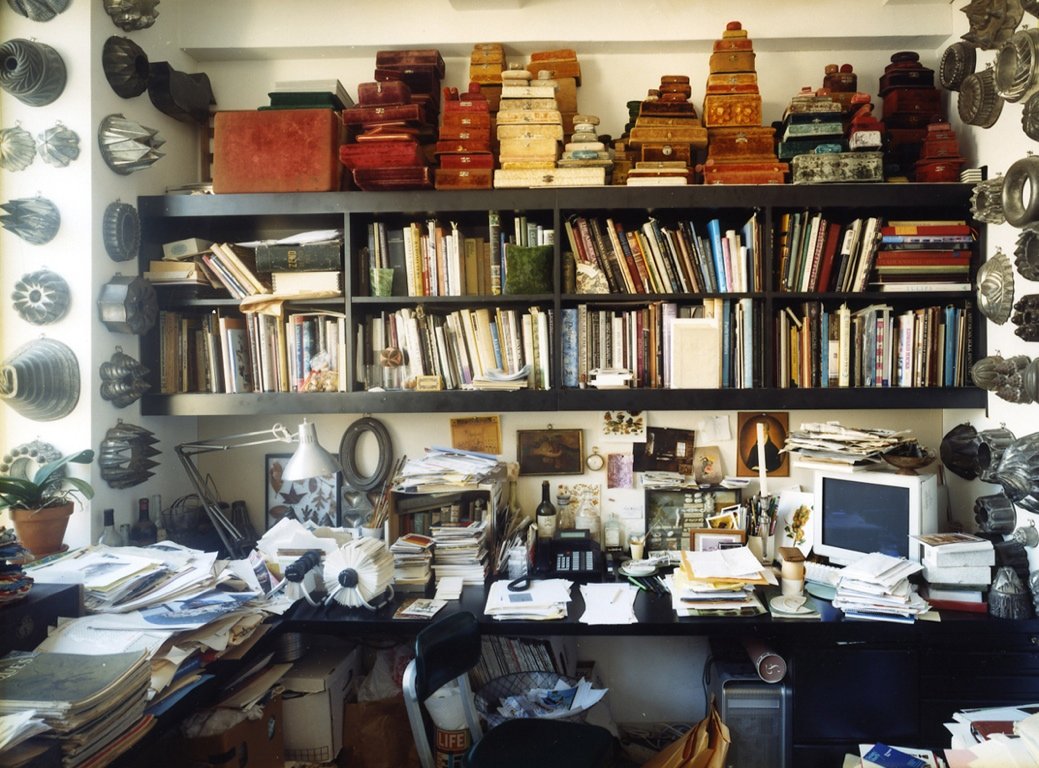
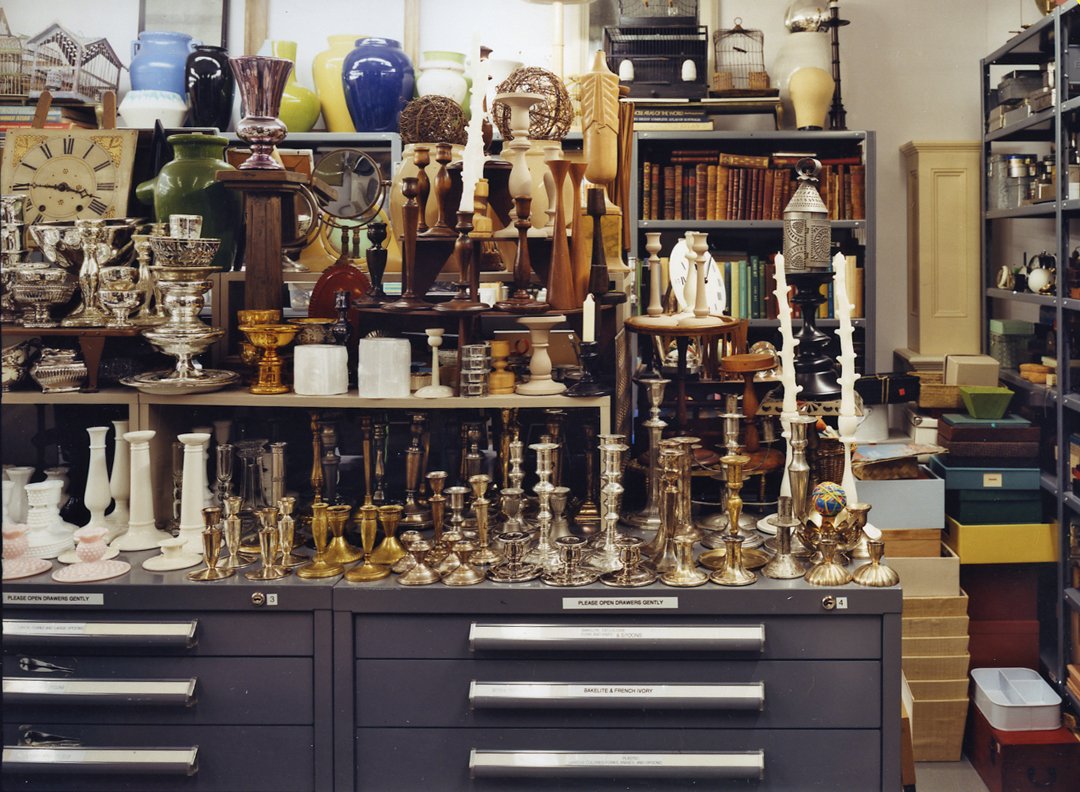
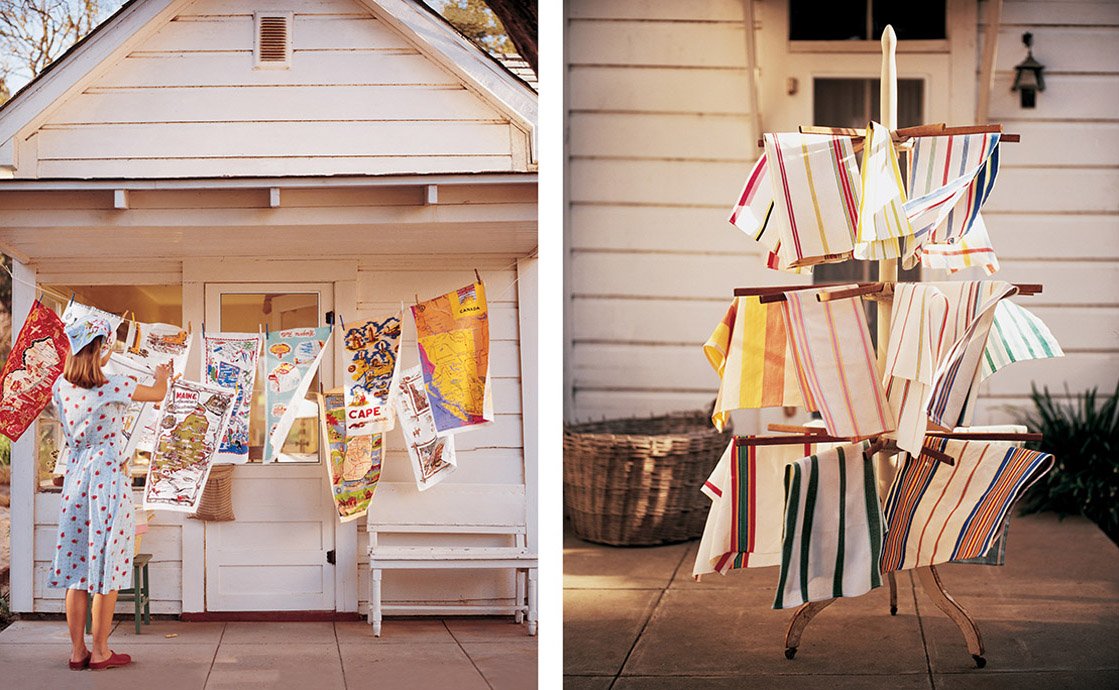
Patrick Mitchell: I read an interview with you and your fellow BU alum, Julianne Moore, where you said, “if you let your passion lead you, you’ll discover the wonderful things you can do. I think a creative life is a whole life. In a creative life, you never stop working. You’re always looking, you’re always learning. Lifelong learning is one of the most important things you can do for yourself and the people around you.”
Talk about how that has unfolded in your life.
Gael Towey: Well, when I left Martha Stewart at the end of 2012, I really didn’t know what I was going to do with myself.
And after about six months of having lunch with friends, and hanging out and stuff, I decided to start doing videos. And the reason for that is because I love storytelling and I realized that what I wanted to do was storytelling. So I started shooting. I’d never done, I mean, I did videos obviously at Martha Stewart Living, and all of us were on television, so we were pretty comfortable with TV.
And when we did the first digital magazine, we were able to do video and incorporate them into the digital magazines. So I had some experience with that. And I didn’t want to do the classic Martha Stewart subject matter. So I ended up doing videos with artists who were friends of mine, in order to kind of get used to it, and establish this little teeny business I have now called Portraits in Creativity. And it’s all about telling artists stories.
Debra Bishop: I saw the Gabriella Kiss film, which I love so much, Gael.
Gael Towey: Thank you.
Debra Bishop: One of your subjects, Natalie Chanin, the noted fashion icon, interviewed you for her website. In that interview, you say, “My career has been fulfilling, but I have to say that the relationships I have built and the people I have met are more inspiring to me and more important to me than any particular designer product I had a hand in creating.” Aside from your family, who inspires you?
Gael Towey: Gosh, I have so many wonderful artist friends. And one of the things that has been such a privilege for me in doing these videos is meeting people that I’ve never met before, and finding them so inspiring myself. To be able to read their books and then interview them.
There’s something about being with a camera across from somebody and how honest they suddenly become and how it allows you to ask questions that are so deep. I’ll never forget interviewing Roseanne Cash, who, before I did the video with Roseanne, we had already been friends for 15 years, but I was able to ask her questions that were so much deeper than the casual, go out to lunch sort of relationship that we had.
And to be able to get into somebody’s creative life and find out what really makes them creative, what they go through emotionally, how they train themselves, the discipline that they bring into their lives and their way of listening for inspiration. People don’t realize how much research it takes in order to be inspired. In order to be ready to be inspired. In order to be ready to listen.
And Alabama Chanin’s story about standing on a street corner in New York City after having failed to sell her designs to any New York company. She’s looking at her t-shirt that she designed, which she hand stitched together and realized, “Oh my God, I’m in the wrong place. I have to go home to Alabama because that’s where all the stitches are.”
And that started her business. Those kinds of stories are deeply inspiring to me, and those women are deeply inspiring to me. Azar Nafisi, who wrote Reading Lolita in Tehran, just wrote an article for The Guardian about the protests that are going on in Tehran right now, actually all over Iran. And she was in Iran during the revolution that brought Khomeini into power. And Reading Lolita in Tehran tells that story. I was able to become friends with her and interview her at Civitella Ranieri, which is an artist residency program, and make a video with her. And to be able to meet somebody like that, who can really change your life because of their perception, and dedication, and belief in humanity, is a gift.
“It was too horrible to fire people who you loved, who you cared about, who were your friends, who you hired and trained yourself, and who were, I thought, geniuses.”
Patrick Mitchell: I don’t think it’s a stretch to say that you’re a trailblazer. One of six from a family in New Jersey. But you are a true icon for art directors, and for women. How do you think about your legacy?
Gael Towey: That’s a very good question. I don’t know how to answer that. I will say that for the women who are out there working now, remember to step back, and take stock, and appreciate where you are and what you’re experiencing, and remember those moments. Put them in your mind catalog. Because those experiences—it’s the process of the doing that really is the wonder of life, and living life, and having a career. That’s the great experience.
You know, I won a lot of awards. We won a lot of awards. That’s great. I don’t even remember what they were. Because that’s not the important thing. The important thing is having the experience of being able to have that creative life. So, I don’t know whether that’s a legacy or not. I do believe in women and their artwork and their inspirations, and I think that I could tell from one thing that, and I think Deb would agree with this, we got so many letters from people all over the country, thousands and thousands of letters. We reached more than a million letters at one point. And they were all so happy to have these ideas of how to bring creativity into their life.
And that was a real revelation for me. So when I left there in 2012, I thought, creativity is one of the most important things that we can give to people. Learning how to listen to yourself and listen for your own inspiration that’s inside you. That’s something that you can learn from artists.
And that’s what I mean when I say artists are brave. They’re brave because they have the openness to listen to themselves and to keep plugging away when it’s not working and keep doing the work over and over again with that kind of discipline. We have so much to learn from all of those people.
So, if my Portraits can help people be creative, then I feel that I’ve done something.
Patrick Mitchell: Well, I can speak for all the dudes out there too. You were super inspirational to men as well, especially in our profession. So thank you for that.
Debra Bishop: And I do think that the work that you’ve created throughout your career is a huge inspiration to women, Gael. That is a very big legacy.
Gael Towey: Thank you honey.
Patrick Mitchell: We’re going to ask the million dollar question.
Gael Towey: Okay.
Patrick Mitchell: All right, so Laurene Powell Jobs calls you. Says she’s got a blank check for you.
The only requirement is that you use it to create and launch a print magazine. Money is no object. What will you make?
Gael Towey: I would make something that would bring all of my friends together and would allow me to work with the extraordinary people and talent that I care a lot about. I think I would do a magazine about making— about making art and all kinds of art and focus it on the process of making, and the process of the creative life, and how to live a creative life.
Debra Bishop: Wonderful.
Patrick Mitchell: Perfect. It’s okay if you have a circulation of 162.
Gael Towey: Yes.
Portraits in Creativity: Alabama Chanin
For more information on Gael Towey, and to see her Portraits in Creativity film series, visit her website.
Back to the Interviews
Once Upon a Time in the West
A conversation with designer Arem Duplessis (Apple, The New York Times Magazine, GQ, more).
A conversation with designer Arem Duplessis (Apple, The New York Times Magazine, GQ, more).
Where do magazine designers go after all the magazines are gone? That’s a question we’ve often pondered in recent years.
Well, if you’ve been paying close attention, you’d probably guess, as it turns out, a lot of them go to Cupertino. And much of this migration can be traced to 2014, when today’s guest, AIGA Medalist and Emmy Award-winning creative director Arem Duplessis, left his storied job at The New York Times Magazine to go to work at Apple.
You might be asking yourself, Why would one of America’s most high-profile magazine designers leave a coveted job at an iconic publication—one that brought him global recognition, countless awards, and deep creative satisfaction—for a famously secretive company known, well, for locking away its talent in a vault of non-disclosure agreements?
But the better question might be, Why wouldn’t he?
Duplessis is arguably one of the most influential creative directors of his time. His ten years of covers for The New York Times Magazine shaped its vision and identity. As design director at GQ, he helped create the now-ubiquitous Gotham family of fonts. And now he’s blazed the trail for print designers in search of digital futures.
While the departure of big-name magazine designers like Duplessis to Silicon Valley may strike fear in some, it reaffirms what many of us have long known: Despite years of slumping newsstand sales and magazine closures, the all-purpose skills of elite creative directors are still very much in demand.
As former ESPN creative director Neil Jamieson says, “Why wouldn’t Apple be hiring magazine designers? No other category of designer is more multifaceted. Beyond the fundamentals, they do branding, packaging, identity, storytelling. They have experience on set, with video, social, and short-form storytelling.”
There’s no question there’s a dire need in the corporate world for these kinds of skills. The question that remains unanswered, so far, is: Can that kind of digital work ever deliver the same creative fulfillment that magazines do?
We talked to Duplessis about learning to scuba dive in his Dad’s Virginia quarry, the modeling career that wasn’t, cutting his teeth at the controversial hip-hop magazine, Blaze, adapting to life on the West Coast, and what he’s planning for life after work.
Quite possibly one of the most imitated magazine covers of all time.
Patrick Mitchell: Let me start by saying that I predate you by a bit. And by that I mean, I worked on magazines before computers came along. So, given that Steve Jobs and Apple are almost god-like in the effect that they’ve had on our business. And because of that, most art directors I know are total Apple nerds. We watch every keynote. We buy all the products. We cried when Steve died. So, in the eyes of many of us in 2014, you basically moved to heaven. Or the Garden of Eden. However you want to think about it.
Arem Duplessis: [Laughs].
Patrick Mitchell: But I’m wondering, did you have a similar sort of “spiritual relationship” with Apple? And, if so, did that play any kind of role in the decision-making process that led you there? Was it purely about creativity and career or was the Apple ‘mystique’ part of it too?
Arem Duplessis: Well, like you mentioned, and like for so many others, it was a part of my, you know, it’s equivalent to a foreman and his hammer. Those were the tools of the trade. When I got into the business, I did start out on a Mac. And it was a big part of what I did. And I quickly became a fan of Apple. And an Apple nerd, for sure. And I needed every product—wanted every product—as it was announced. And that excitement continues to this day. I’m still a huge fan.
And deciding to come to Apple was definitely centered around Steve’s messaging about Apple being a design company. And design being at the forefront. And design being so important to the company’s mission. It just seemed like that the “north star” of Apple from the beginning was design. And good design. So for me, that was extremely appealing. And it made sense, once I decided to transition out of the magazine world.
Patrick Mitchell: I saw this quote from an unnamed magazine editor, “I think some designers are enamored with the notion of working for Apple. But once you get there, you become anonymous.” The magazine business is really the only place where designers get credited publicly. Do you miss seeing your name out there? Getting credit for all that amazing work?
Arem Duplessis: No. I think that the thing about magazines in general, and it’s not just Apple, it’s really magazines. There’s a masthead. I mean, there’s literally a place where you can go and see who the creative director is, who the director of photography is, the editor and contributing writers. It’s all right there in front of you. There’s no other platform that does that. But I don’t miss it. I don’t miss getting any credit for the work that I do because it was definitely always a team effort. I hired some really good people. That was the magazine business. That was very much a part of the magazine business, but also it was a unique thing about the magazine business to have that kind of baby that you literally have your name on, and your team’s name on, and you get all this credit for it—or blame when it’s not so good too [laughs].
But, no. I don’t miss that. I got into this business because I had a love and fondness for design. And I’ve always felt blessed. And I’m not bullshitting. I’m serious. I’ve always felt blessed that I’ve been able to work in this field.
And when I first started out, I went to a school that had a really small design department. I think there were, like, four of us in my class. But for me, I just wanted a job in design. That was my goal. It wasn’t to win awards and have my name on a magazine. Nothing close to that.
Nicole Dyer: Do you miss those collaborations? Are you able to maintain that or is it mostly internal collaborations at this point?
Arem Duplessis: No. I’m still able to collaborate with creators, not only internally, but externally, too. So I still have that, which is great. I definitely enjoy that part of the job.
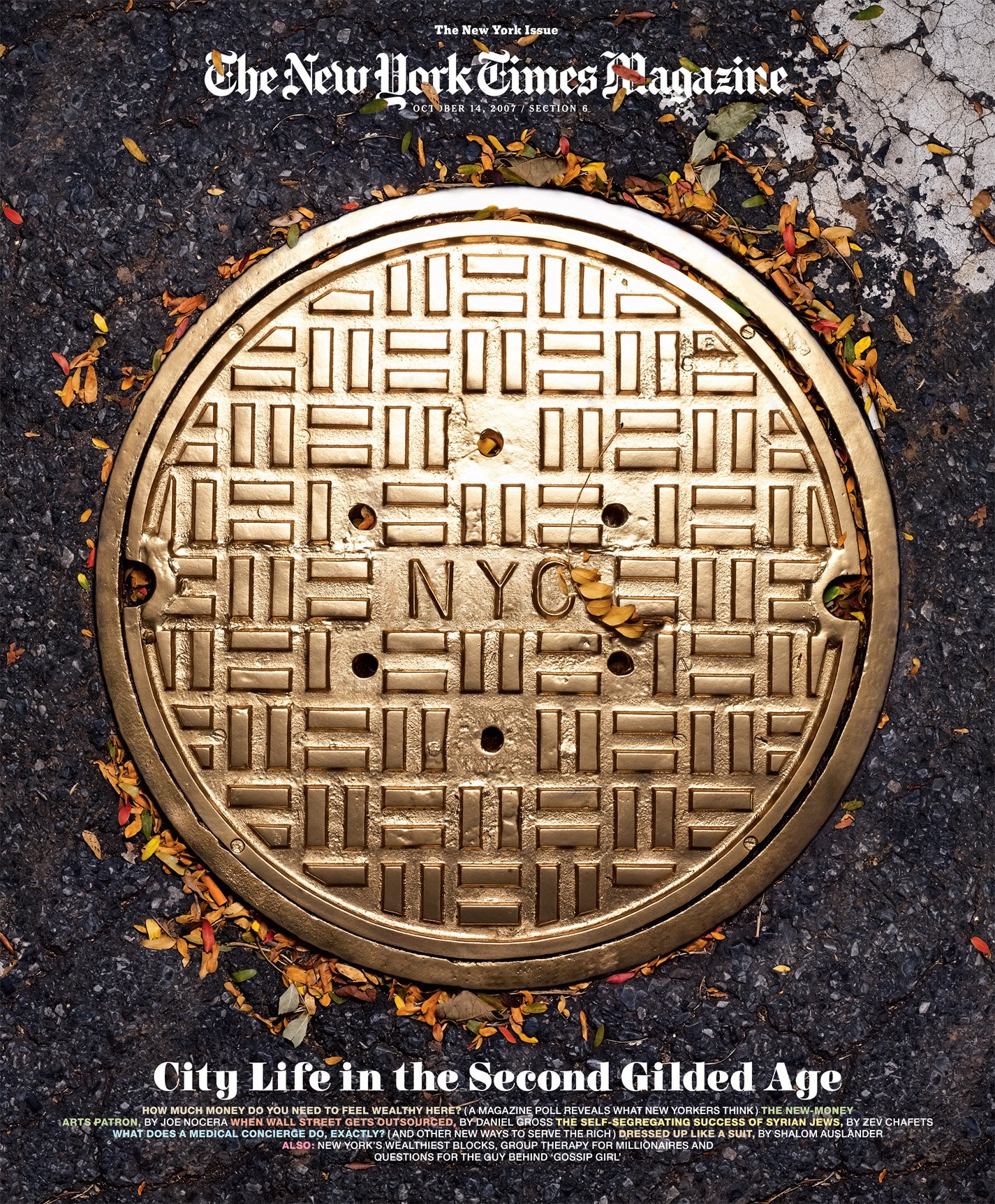
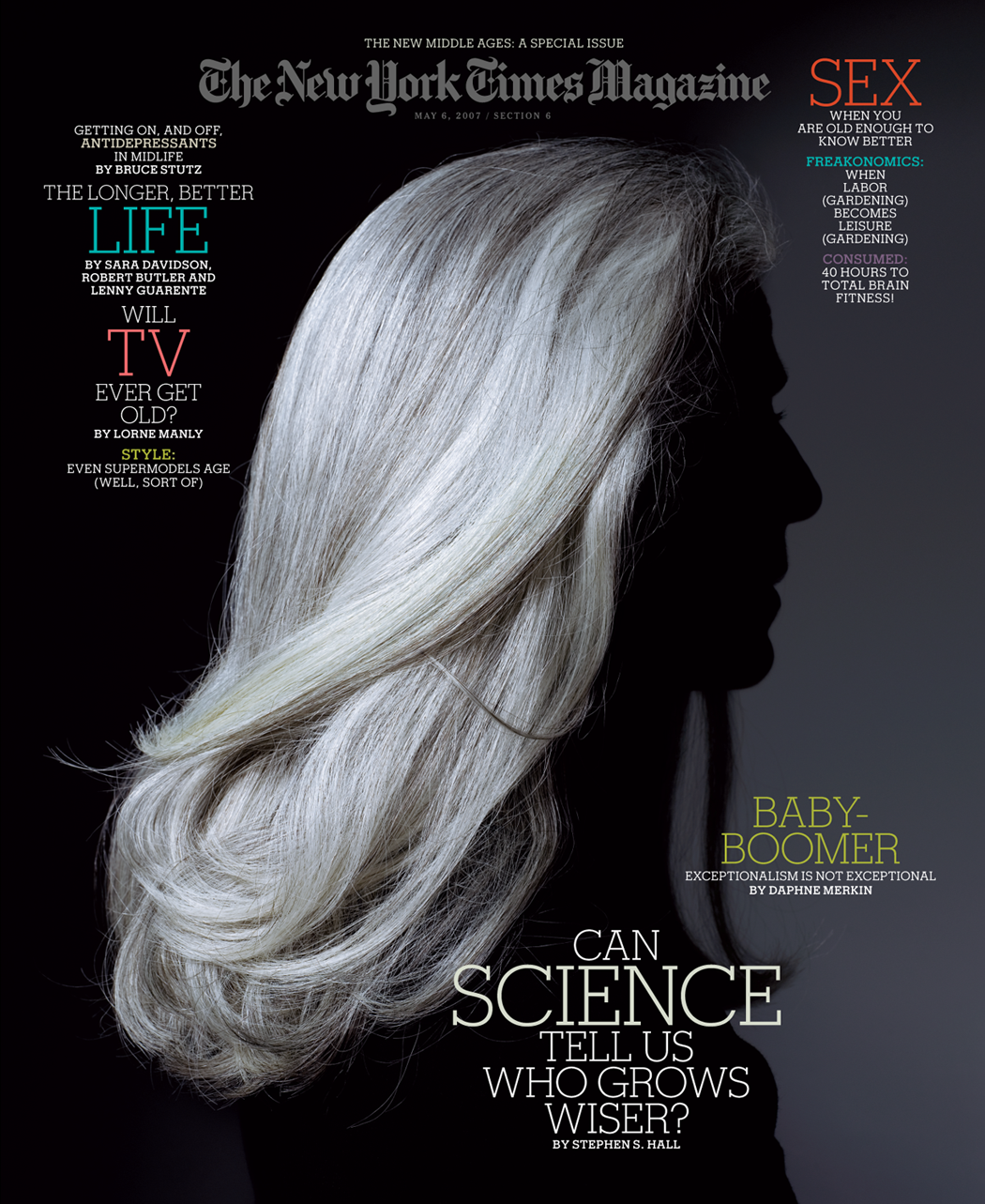
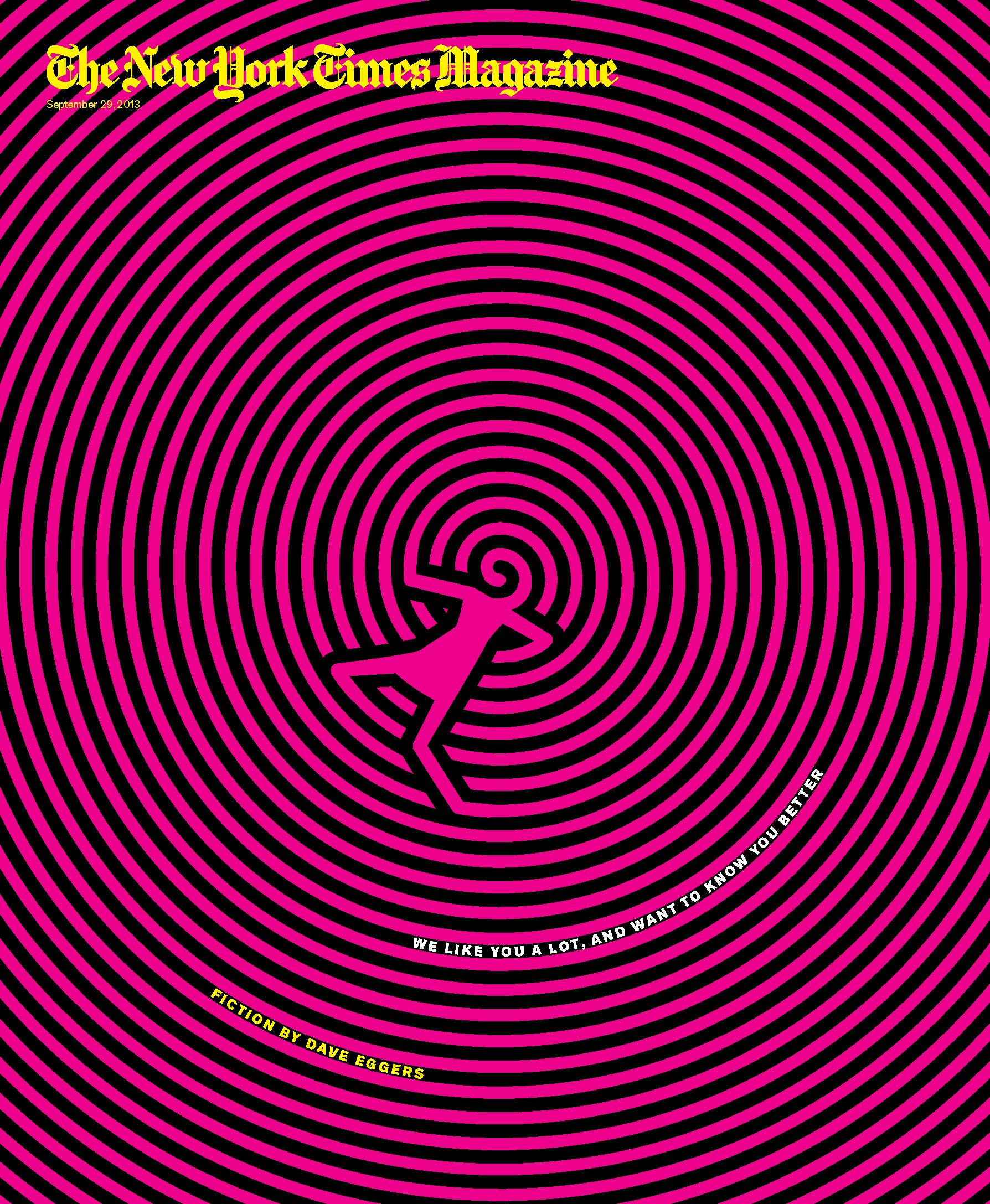
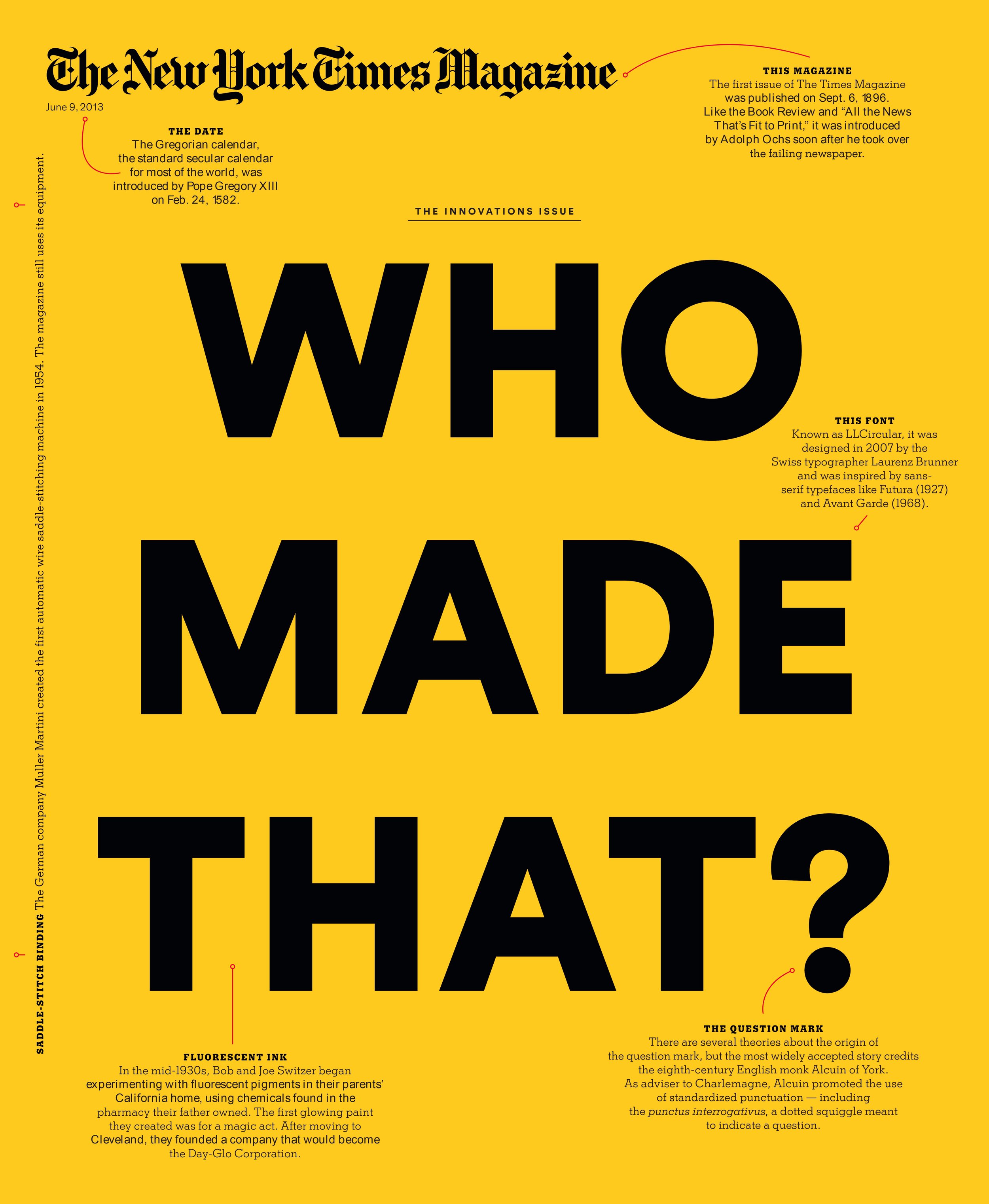
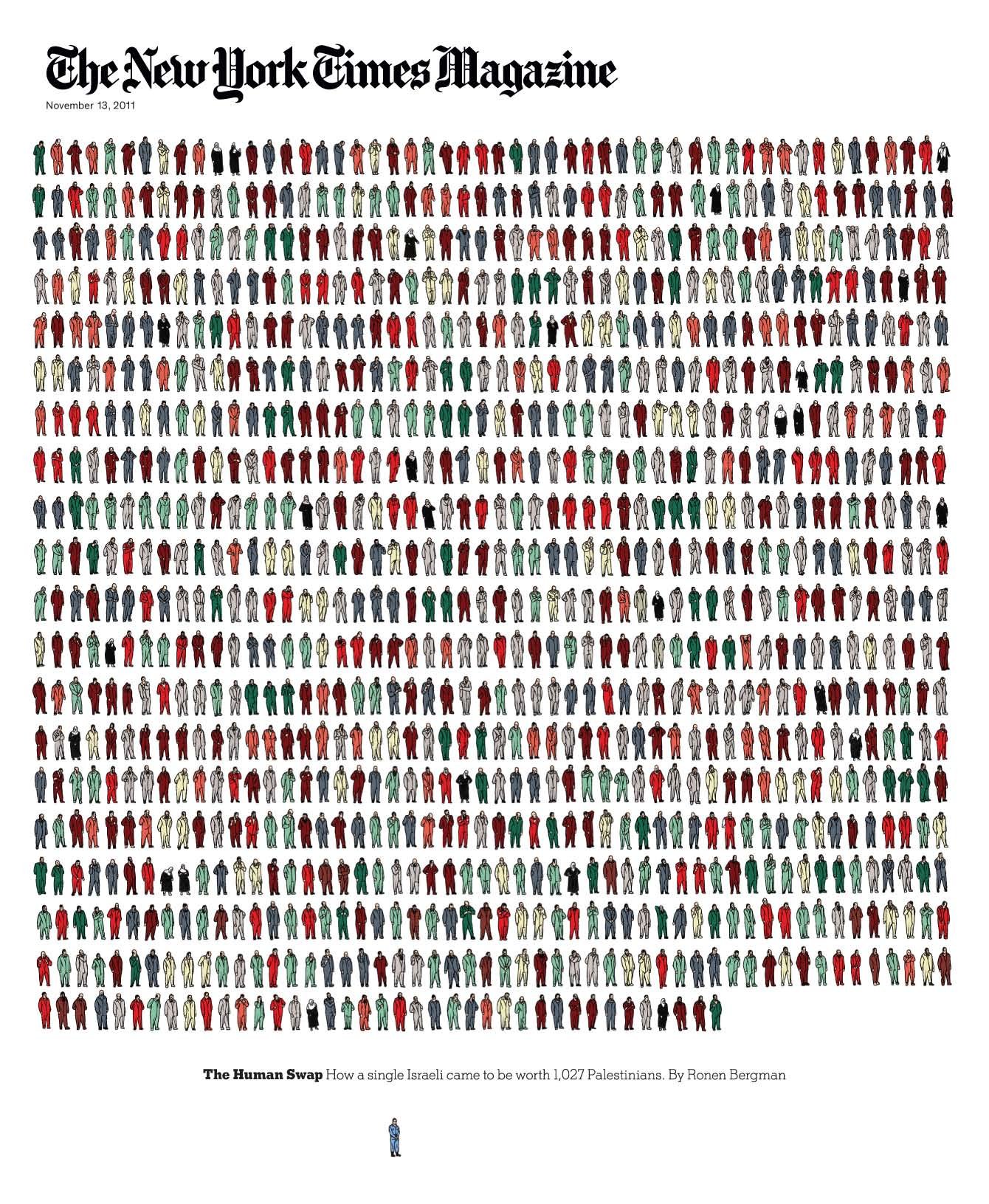

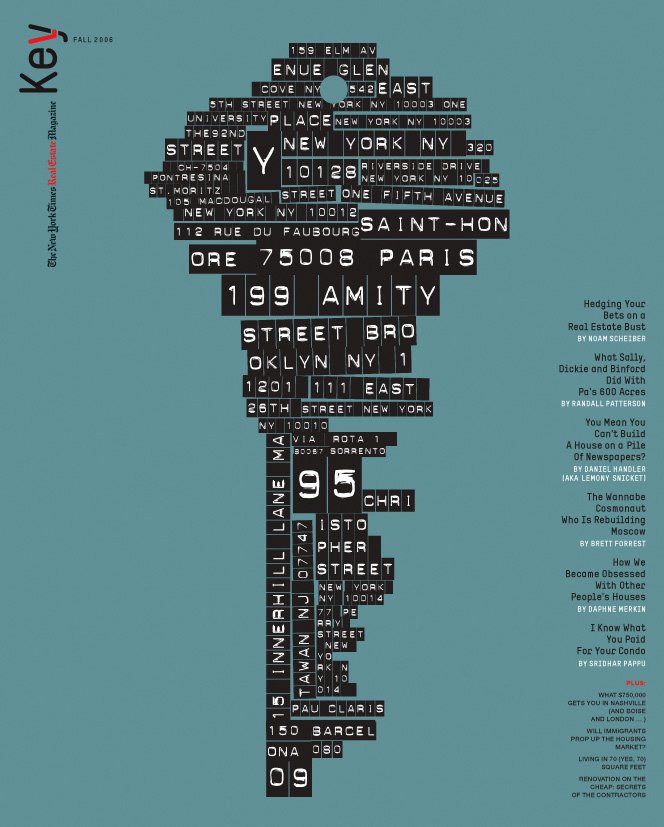
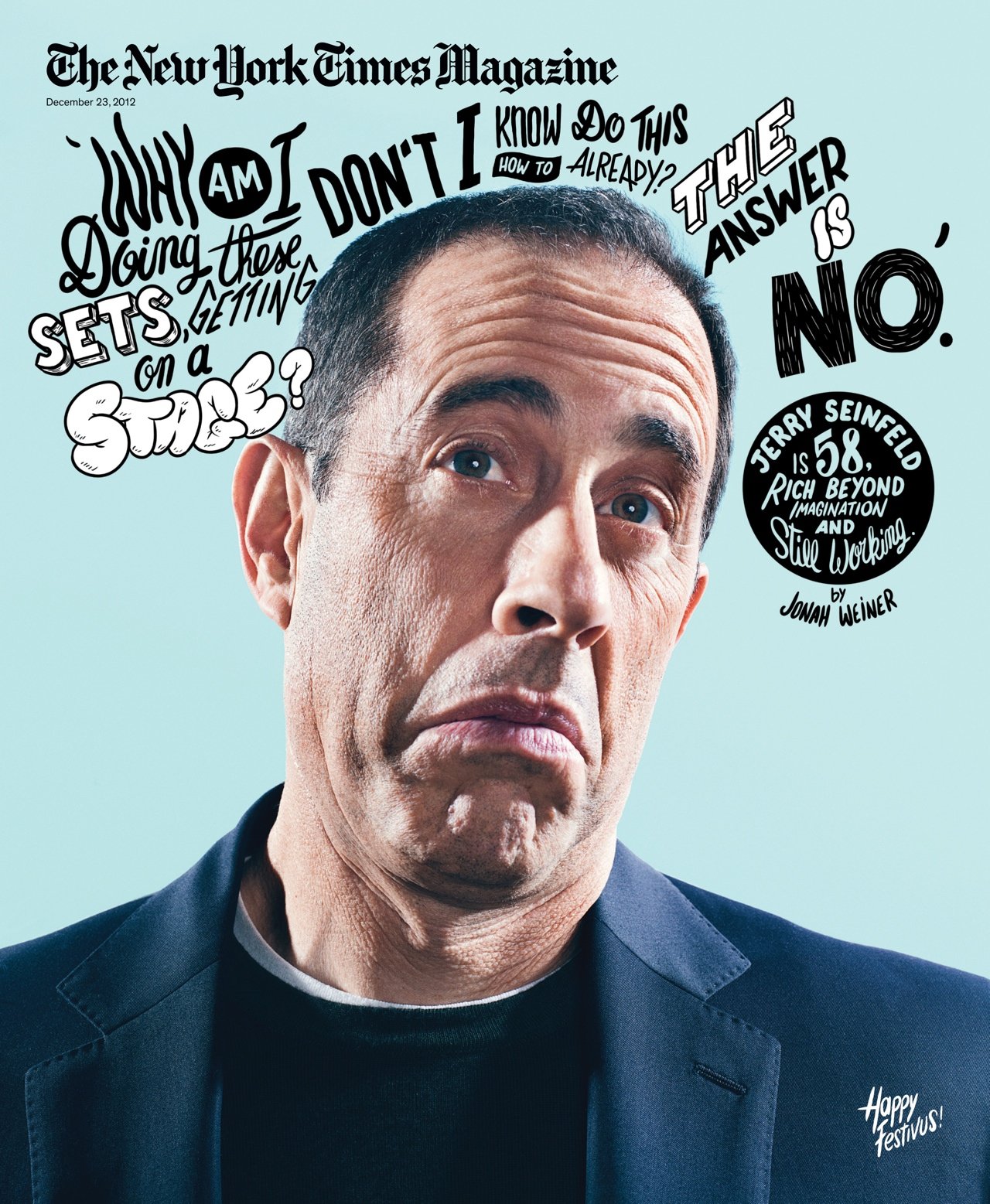
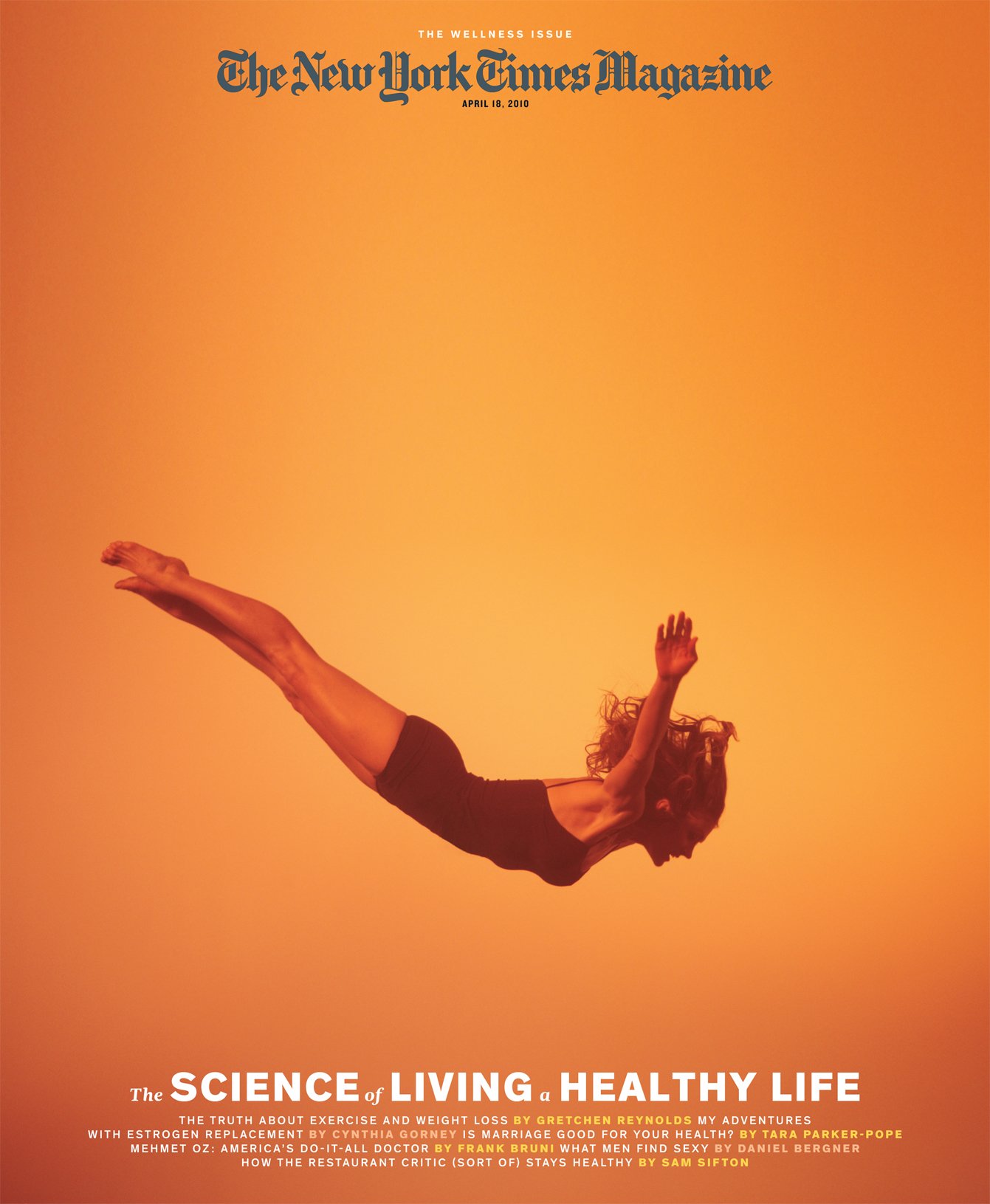
Patrick Mitchell: Apple has come up in several of our previous interviews. Everyone’s talking about how Apple keeps hiring all these magazine people.
Arem Duplessis: Mm-hmm.
Patrick Mitchell: And I know you can’t divulge anything about what goes on in there, but what is it about magazine thinking that makes magazine makers so appealing? Not just to Apple, but to other sorts of non-magazine companies.
Arem Duplessis: Looking back on it—and, and I didn’t have this perspective while I was in magazines—it got to a point where I felt, in many ways, that I was becoming obsolete toward the end, you know, or magazines were becoming obsolete. At least in the way that I kind of came of age with them. So for me, it was, I was nervous about being able to tell my story as a magazine creative to these other brands. You know, I was in magazines my whole career.
So I quickly learned that what I perceived as a weakness was actually a real strength. Because if you look at the creation of a magazine—when you work for an agency or even a design firm to a certain degree, you’re not assigning illustration, you’re not working with photographers, you’re not working with fine artists. You’re not working with writers on projects in the way you do at a magazine. At The New York Times, that happened for me 52 times a year. It was weekly. So I was able to collaborate with some of the most amazing people. I was able to get in and refine type and be a design nerd in that way. I was able to articulate art direction and go on sets and lead shoots. It’s very rare that you have all of that in one place and still get your hands dirty and design. I was able to do all of that. I still designed magazine covers and feature spreads, even as the lead.
“In reality, coming from the magazine world was a big deal. You know, people wanted to know about it. That was exciting. ”
Patrick Mitchell: That’s interesting because I think you’re right. I think a lot of us feel like, maybe it’s changing now, but I think we probably felt like we would’ve had to apologize for our background, and try to convince people we can do jobs outside of the magazine business. But I think what has happened is the outside world has realized what kind of thinking goes into magazines and realized the affection people have, the relationship they have, to these storytelling objects.
Arem Duplessis: Exactly. To be able to tell narratives. Well, I mean, honestly, what I learned was that it’s not like that happened in 2014 when I started at Apple, where all of a sudden there was this kind of epiphany of, “Hey magazine people actually do have something to offer.” Those were just my insecurities. But in reality, coming from the magazine world was a big deal. You know, people wanted to know about it. That was exciting. Most of the people that I work with are from design firms or from agencies. So, at the time when I started, there weren’t any, there weren’t too many magazine people coming into Apple. So people were intrigued by it. And they were fascinated by it. And they were very respectful of it.
What I quickly learned is the amount of work that we put into a magazine and the collaborations that we have, it really allowed us to be able to tell a really strong narrative. And being able to tell a really strong narrative in what we do—our job is to communicate. That applies to anything that any brand that you work for outside of the magazine world. If you can tell a strong narrative, if you’re really good at telling a story visually, and directing that mission, there’s a lot of value there.
Nicole Dyer: At The New York Times Magazine, you must have been thinking about digital outputs. So at what point do you stop thinking of yourself as a magazine designer, when you’re thinking about all of these digital strategies and ways to extend the content beyond the printed page. You must have been doing that already.
Arem Duplessis: Yeah, I was. And I loved it. I mean, I loved being at The New York Times, and I loved being a part of the magazine world. But I was still relatively young at the time. And I just felt like, “What does my career look like”—I guess at that point, maybe halfway through my career—“Do I want to continue doing this and transition into someone who’s leading digital work?” Because I love the smell of print. I mean, opening up that box of fresh magazines and you smell that. I still love that. But if that’s going away, then does it make sense for me, in my career, to stay in that world versus trying out something new. And then having an opportunity to try out something new at a brand like Apple, it just made perfect sense.
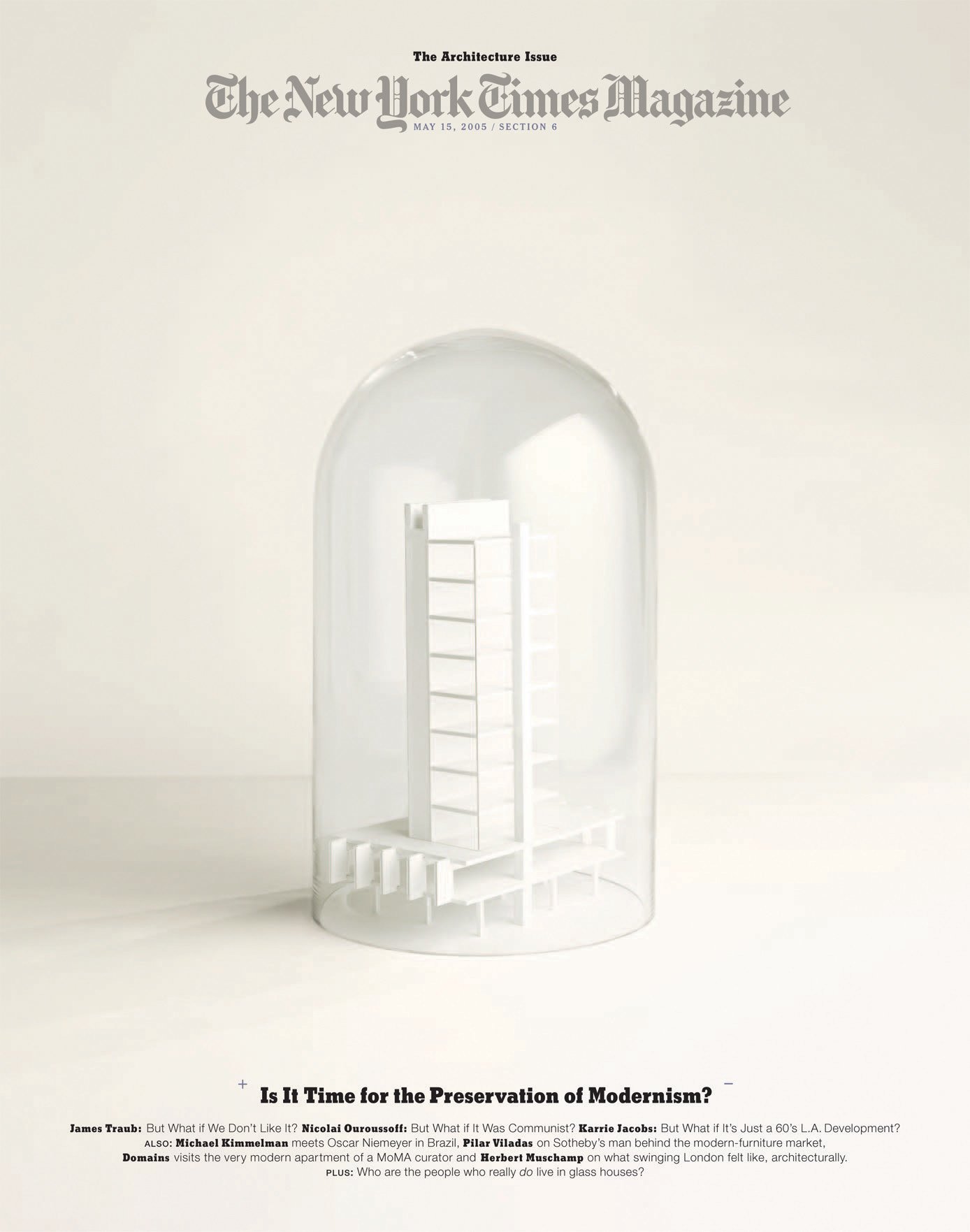
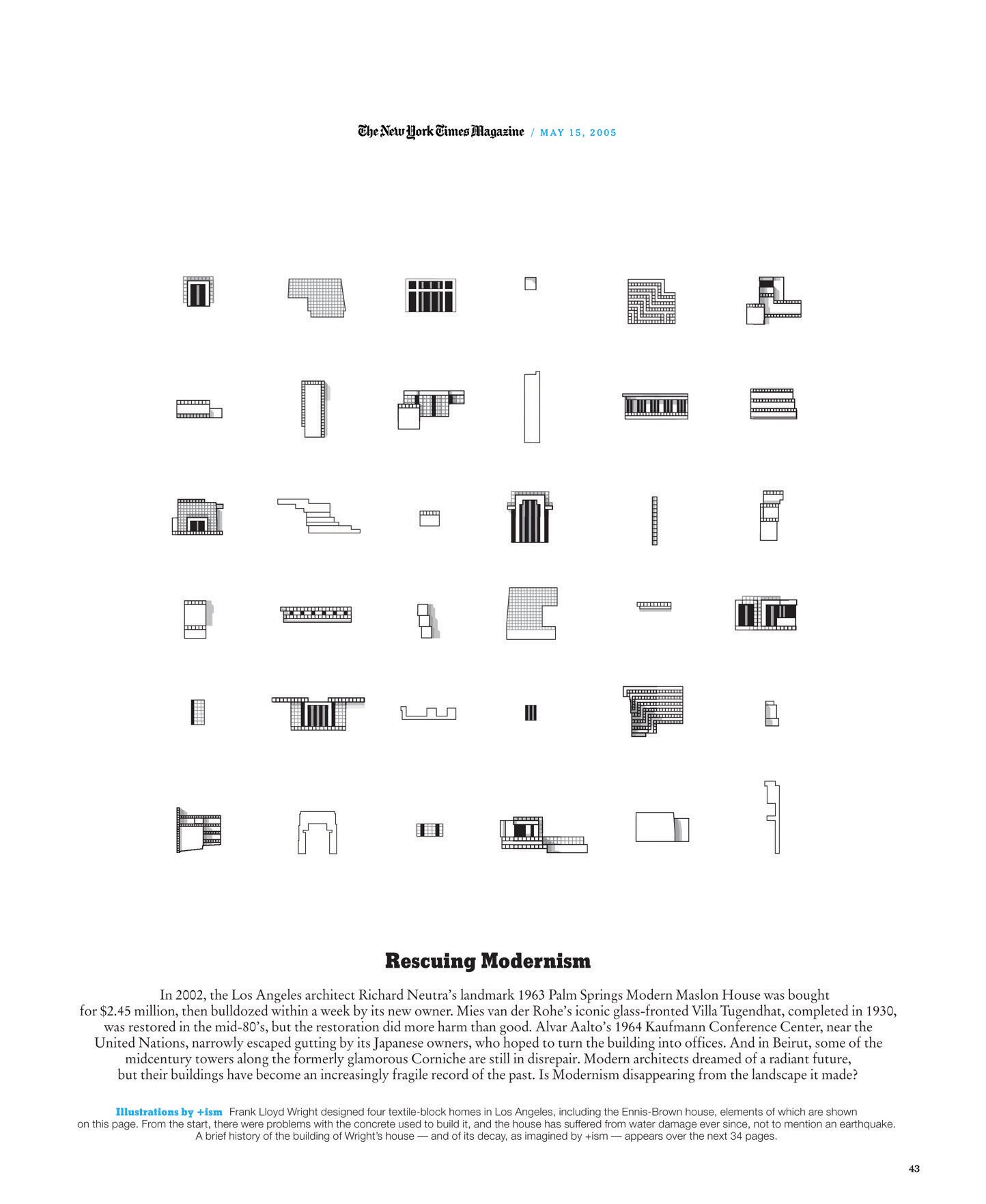
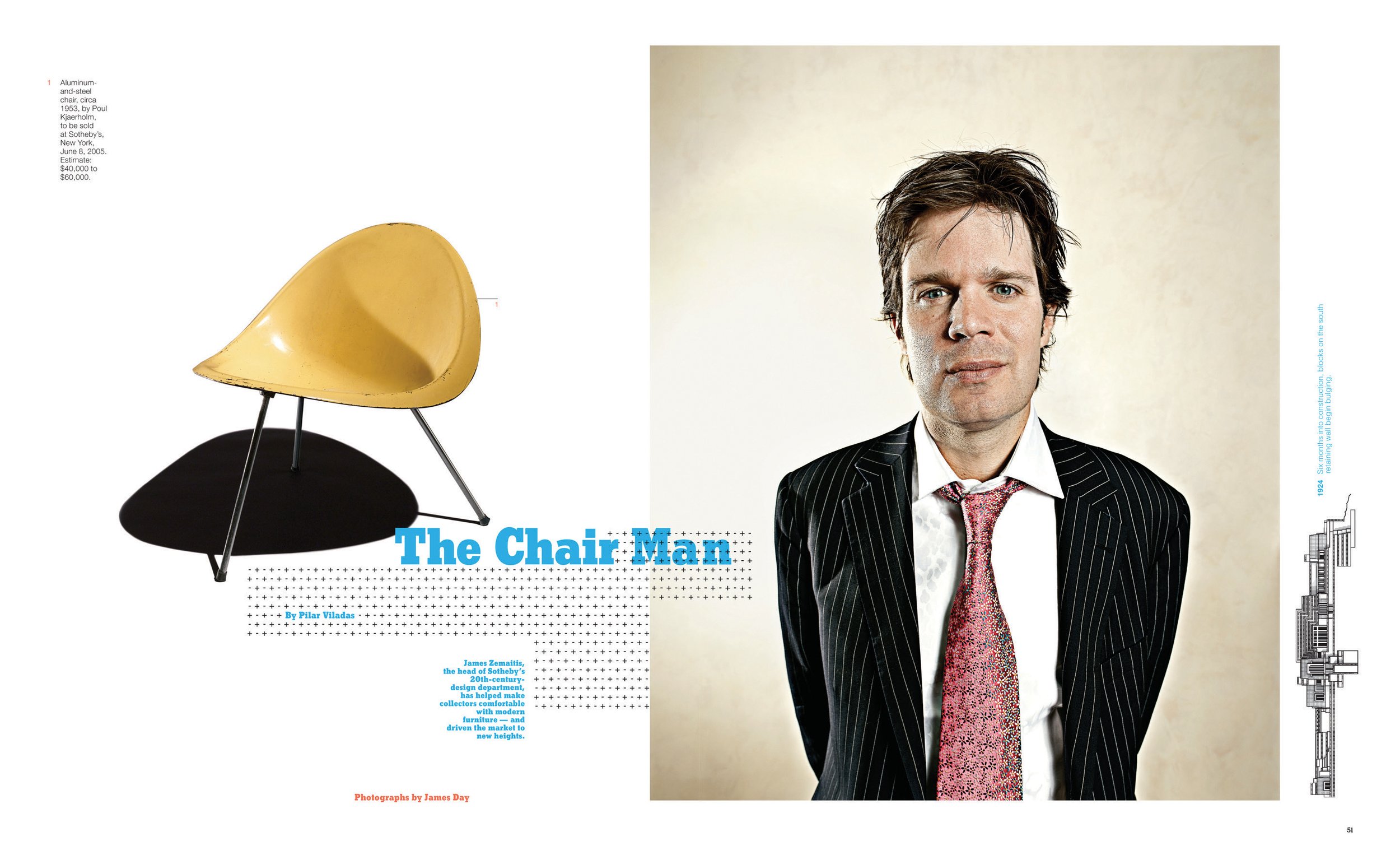
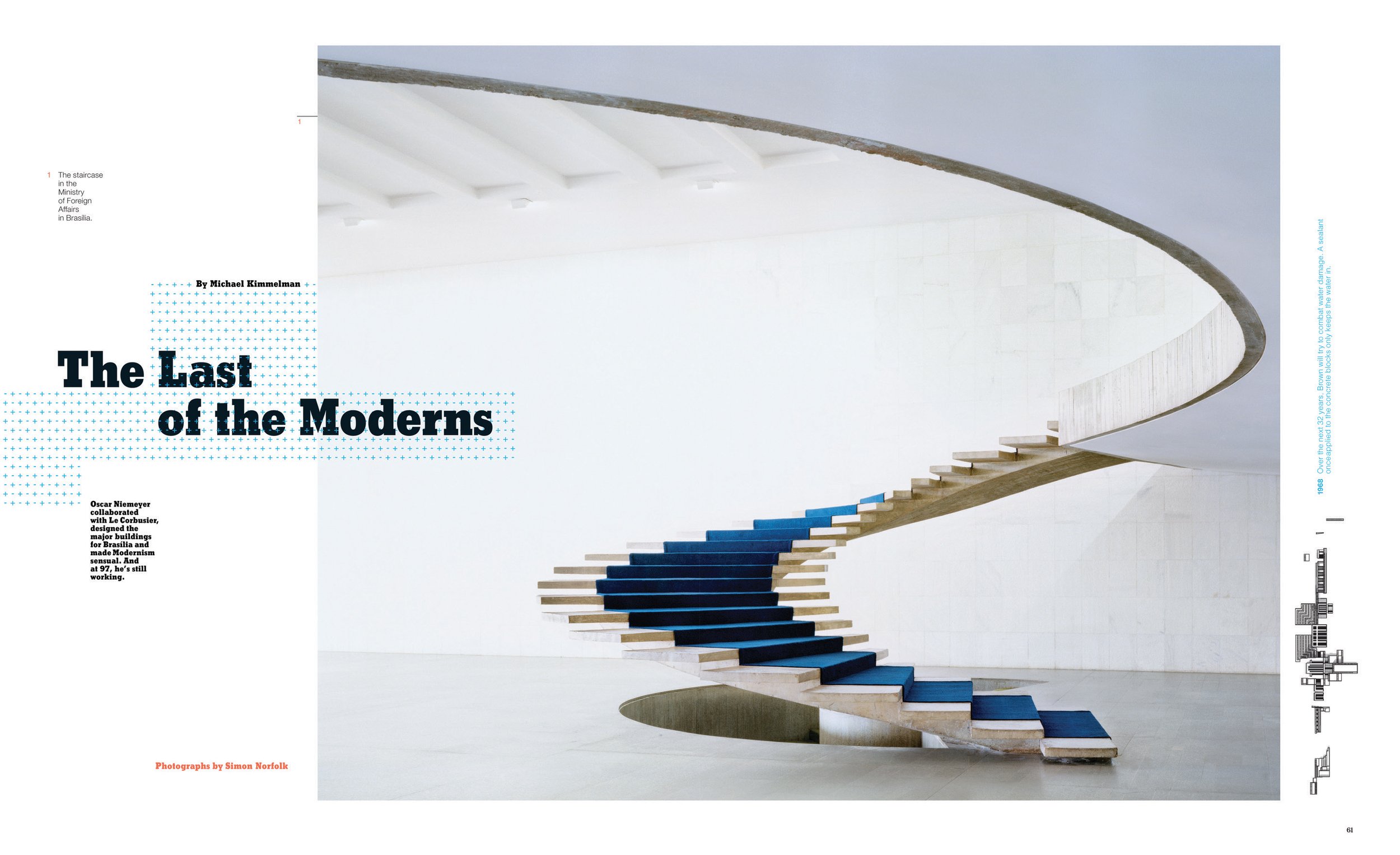
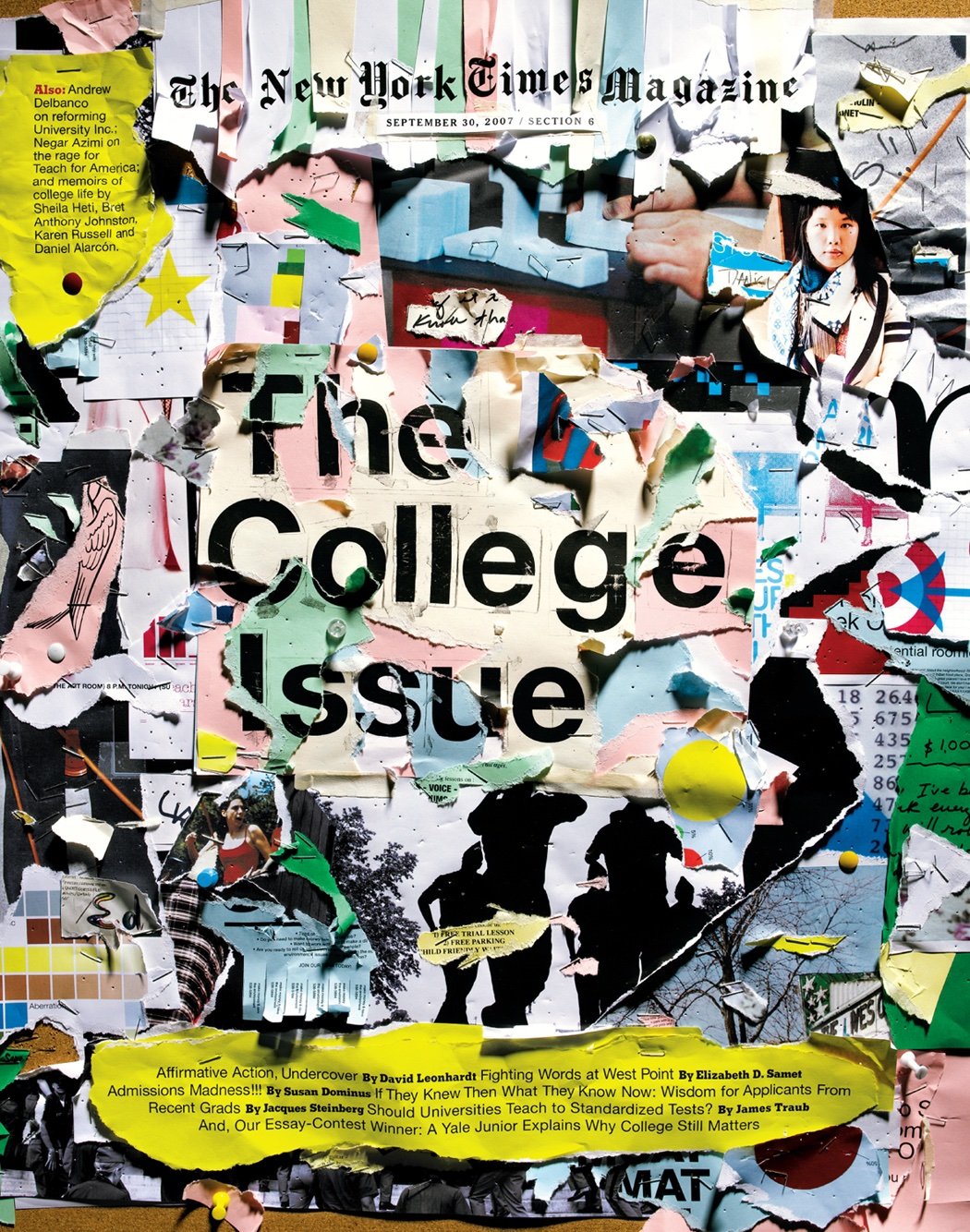
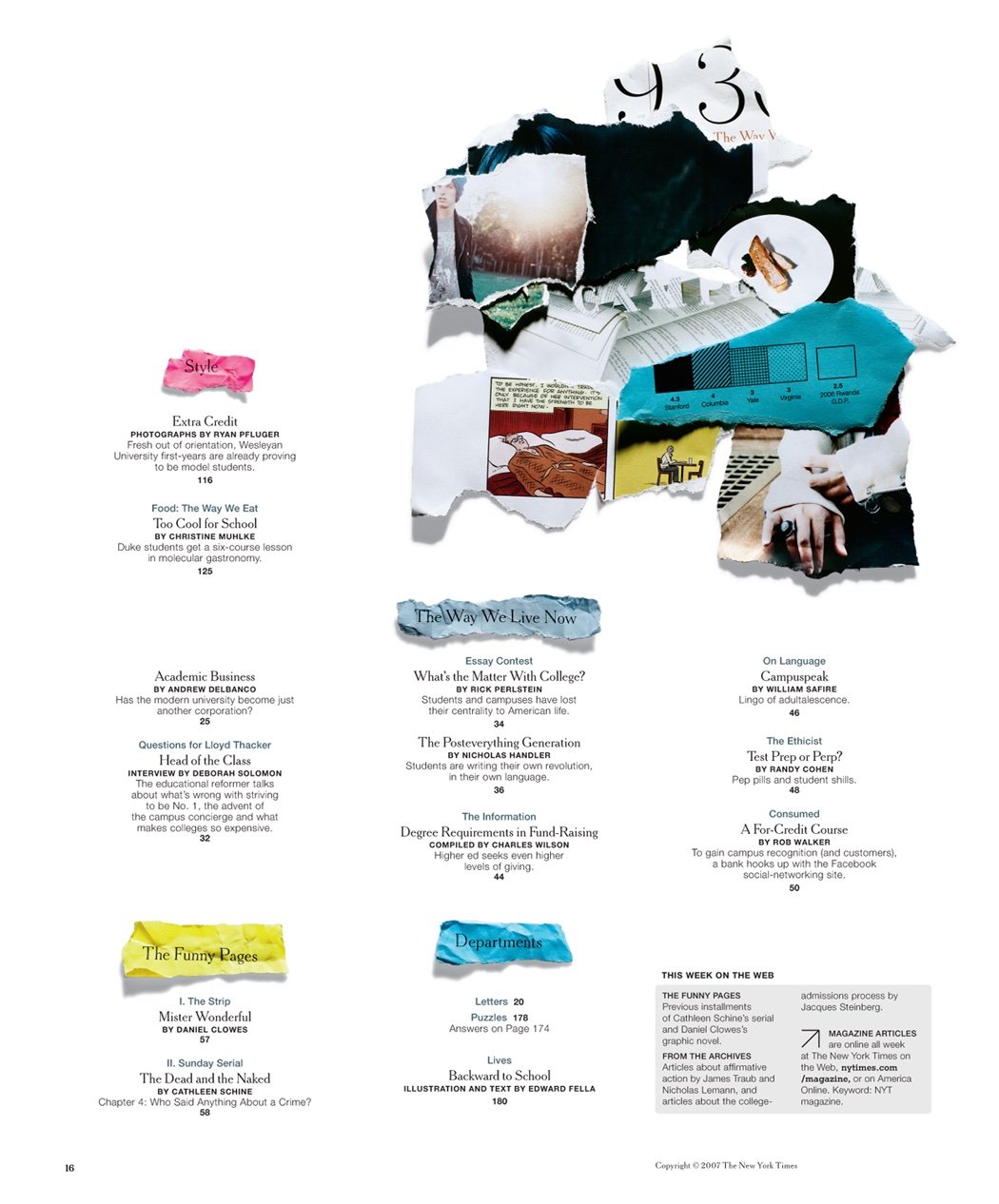

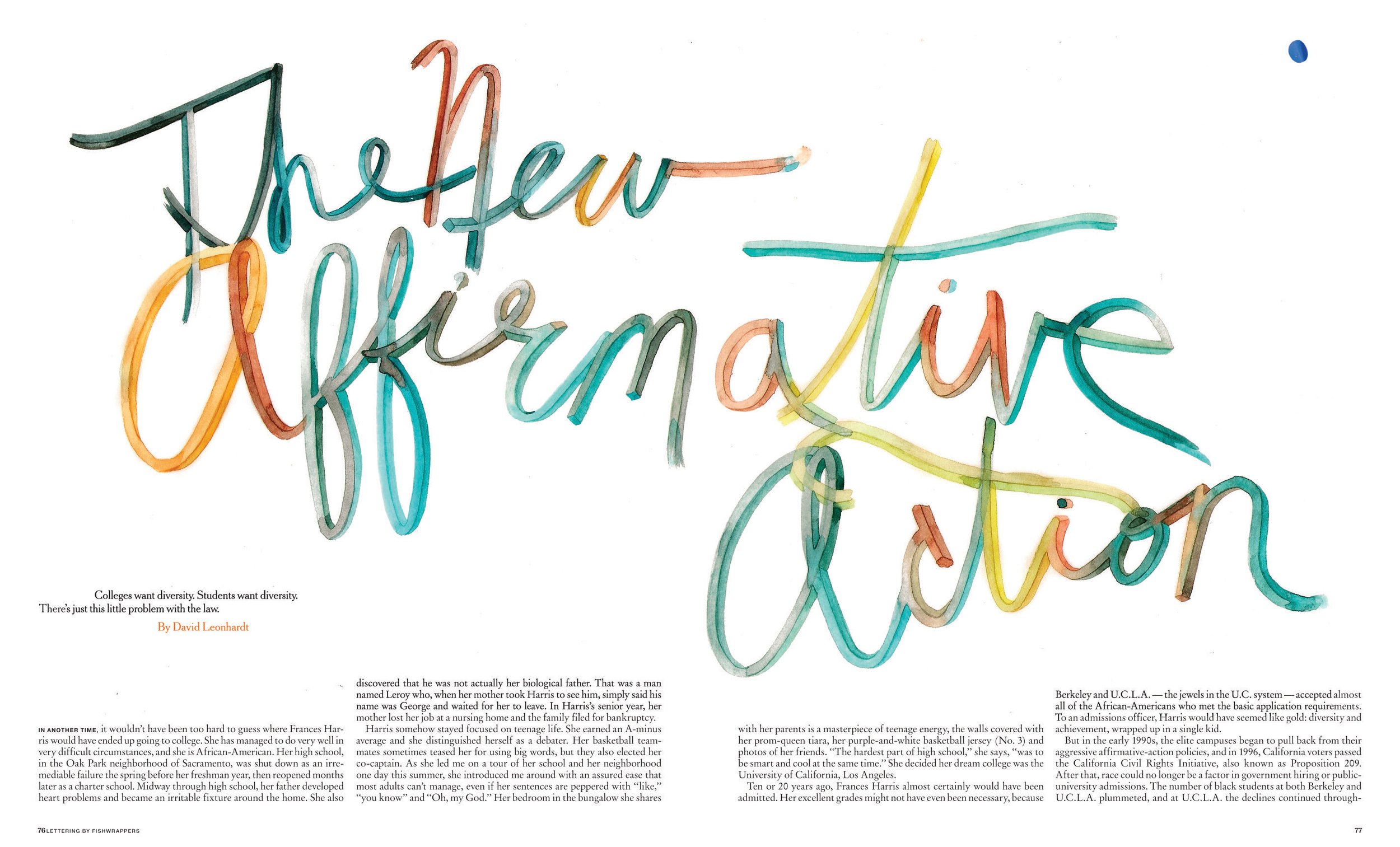
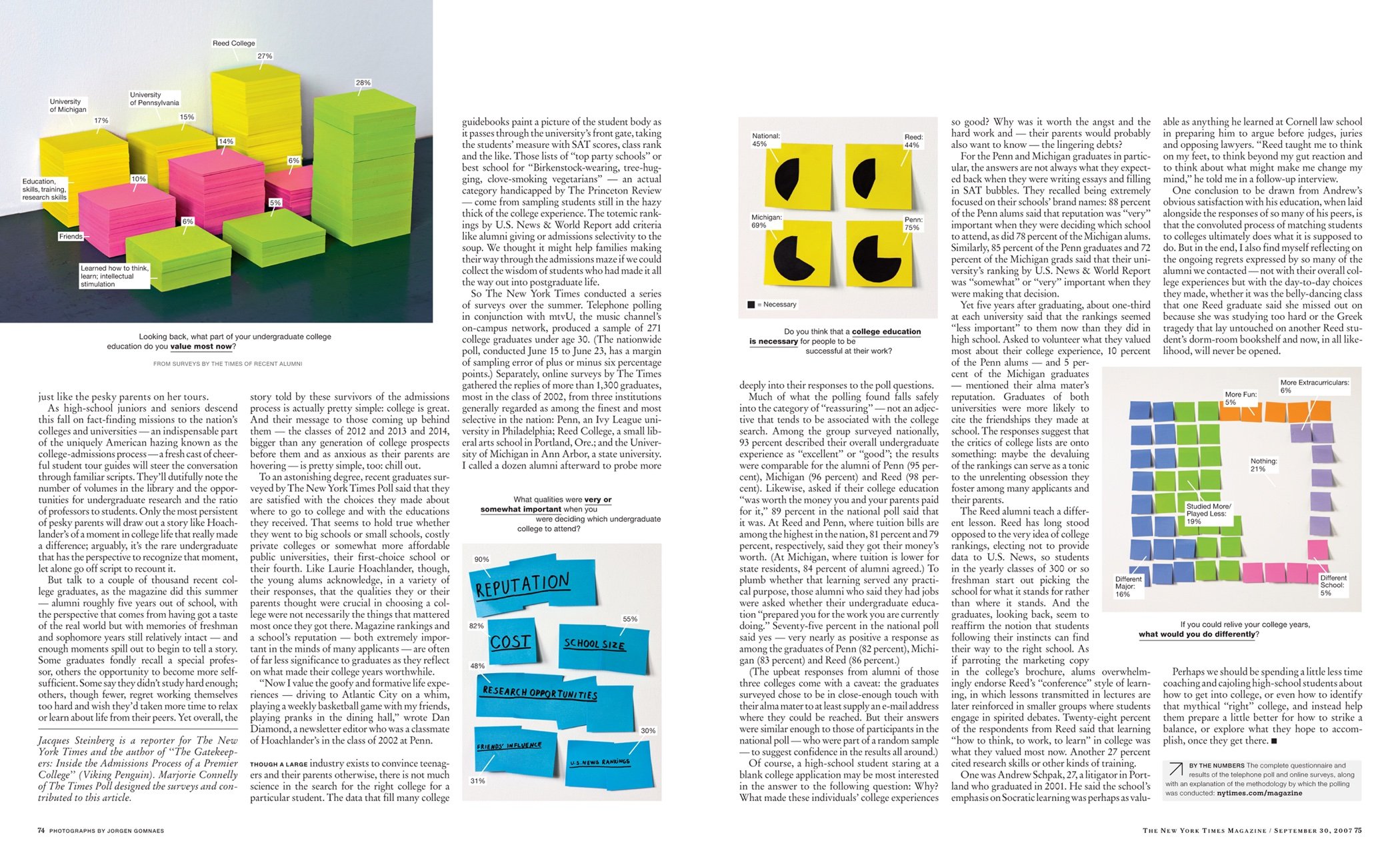
Nicole Dyer: I’ve been thinking a lot about the way in which young designers now think about design, given the dramatic shifts to digital platforms and the decline of magazines and wondering what jobs they actually aspire to. What would be the pinnacle for a young designer? Would they aspire to work at Rolling Stone or The New York Times Magazine? And does it matter if your design never materializes on paper?
Arem Duplessis: I don’t know if that matters to them because they really didn’t have that option coming out of school now, in 2022. Not too many people are saying, “Hey, you should go work for Rolling Stone.” It’s just a different world.
But I think there are more opportunities for designers than ever before. There are way more jobs now for designers than there were when I was coming out of school. I mean, I went to Pratt Institute. I finished graduate school there in 1996. And you had choices. You had a design firm, you had an ad agency, or you had magazines. For the most part. Of course, there are other things you could do within brands, but that’s where most of my contemporaries wanted to work. For the big design firms. For the most part, that was the big thing. Working for Pentagram or a big design firm like that. And then, if you were in the magazine world, you wanted to go work for Fred [Woodward] and Rolling Stone.
I think now designers have a lot more choices. But in terms of doing the interesting, fun kind of design, I don’t know if they're leaning toward many companies in tech. I mean, I think Apple still offers a lot of variety for sure, but other companies, they pretty much are traditionally digital. So designers still probably lean toward, “Hey, I’m going to go work for this design firm.”
A lot of younger people now I’m seeing have the entrepreneurial spirit, so they’re starting their own agencies right away. I think it just depends on what kind of person you are. I do think—and I do see still a lot of respect and value and aspirations around print for young designers, too. They want to do ’zines. They want to do anything in print. They still think it’s cool. They think it's fun, but they just view it in a different way than I did. Print was pretty much all we had, for the most part, versus now it’s kind of like vinyl. They think of it as a cool, vintage kind of project.
Patrick Mitchell: Yeah. It was a “career” and now it’s a “project."
Arem Duplessis: Yeah. Now it’s a cool little side project. But you know, if you go work for an ad agency, and they have a variety of clients, you’re still doing some cool work. If you work for a good agency, they may be doing movie posters, they may be doing things that still involve print. But it’s a broader world now for design.
“Going to Spin after GQ was intentional. I took a salary cut, but it was the best career move I ever made because Sia [Michel] gave me freedom and autonomy. And that’s what got me to The New York Times.”
Patrick Mitchell: The magazine business is super tough with deadlines and, on a weekly, even deadlier. Has moving to the corporate world had a positive effect on your lifestyle? What has the Cali lifestyle meant for you personally?
Arem Duplessis: Well, coming from a weekly—you know, 52 times a year—that was pretty brutal. I loved it, but the hours were completely insane. At least they were predictable. Because you know what the schedule is. And, unless the editor changes the cover story at the last minute, which happens, you pretty much know your schedule.
Moving to California, I had to change my New York attitude. I never really had a New York attitude—at least I didn’t think I did—until I moved to California. And all of a sudden—you know, in New York people considered me pretty chill—but I move out here and people are like, “You need to relax, man. You’re being a little aggressive.”
So I think California’s been good for my patience level. I no longer sit at the grocery store. Like, you know, “Come on, hurry up! Why are those fucking tomatoes taking so long to be put into the bag?”
I don’t have that anxiety anymore that I did in New York. But in terms of my hours, it depends on what project I’m on. You know how it is in the creative world. I mean, I think that a lot of times we put those hours on ourselves because we want to reach a certain level of work. So when I’m working late, generally, it’s because I’m trying to push the envelope, me and my team. We want to make something great and we’re all in on it. But I don’t believe in the creative space that there’s such thing as a nine-to-five because we love what we do, you know? Or, I feel like you should love what you do if you’re in this space. Because most of my friends that are attorneys or are in finance hate what they do. So if you have a job that you hate and you’re a creative, I don't think that’s a that’s good combination. I think we should all strive to do better because, for most people, this is a passion, you know. What we do is our passion.
Patrick Mitchell: I imagine, as you’re saying that about weekly, you must have deadlines that are now half-years, years—like real long-term.
Arem Duplessis: No, that’s not true. No, not at all.
Patrick Mitchell: Turnaround is pretty quick?
Arem Duplessis: Yeah. I mean, it depends on what you’re working on, but it’s pretty quick. It’s just different because sometimes there’s just different components to it. The schedule isn’t always as predictable as magazines.
Patrick Mitchell: I remember being at a cocktail party with a guy who was a civil engineer and he said his projects are typically 15 to 20 years. And I was thinking, “Imagine working on two projects your entire life.”
Arem Duplessis: Yeah. That’s crazy. But I mean, it all comes down to what you’re used to and what foundation you started with.
Nicole Dyer: You gotta miss the energy of New York City though.
Arem Duplessis: Oh, of course. Yeah. Without question. I definitely miss it. I miss it all the time. Oddly enough, when I first moved away from New York, I think I had had enough, because I was commuting and I was taking my kids to school. It was a lot. It was a lot because I lived in Brooklyn. My son went to school on the Upper East Side. We didn’t have the train running up the East Side, so it was a pain in the ass. And I remember just being squeezed on the subway every day. I just felt like a rat. I really felt like a part of the rat race. So when I first moved to California, I didn’t miss that at all. I still don’t miss the cold. But recently, and I think Covid did this because I was forced to stay away from New York, once I was able to travel again I went back to New York City for the first time in, I think, 2020, or maybe late ’20 or early ’21, I can’t remember. But all of the sudden the nostalgia was there. Like I missed it tremendously. It was just, “Oh, New York!”
New York will always be there, but for now it’s California for me. And what I love about California is I can jump in my car and in 20 minutes, I’m on the beach or I’m hiking somewhere—and hiking somewhere where it’s a destination for people from around the world! You know, that kind of thing. The level of nature is amazing. And there’s some really good restaurants here too. For me, the hard part about the Bay Area is the lack of diversity. I can walk down the street and not see a black person for, like, the whole day, which is little odd. That’s hard. That really is. But I love the weather. It’s pretty consistent and it doesn’t get too hot here. It doesn’t get too cold.
Nicole Dyer: In New York City, the street art is amazing. And, as a creative person, you draw so much energy just from the environment, because there’s art everywhere. And that’s special about New York City. But I hear you on the lifestyle pain points. They’re real [laughs].
Arem Duplessis: Yeah, for sure. But I love New York and I always will. That won’t change. I was there for 21 years. I became an adult there.
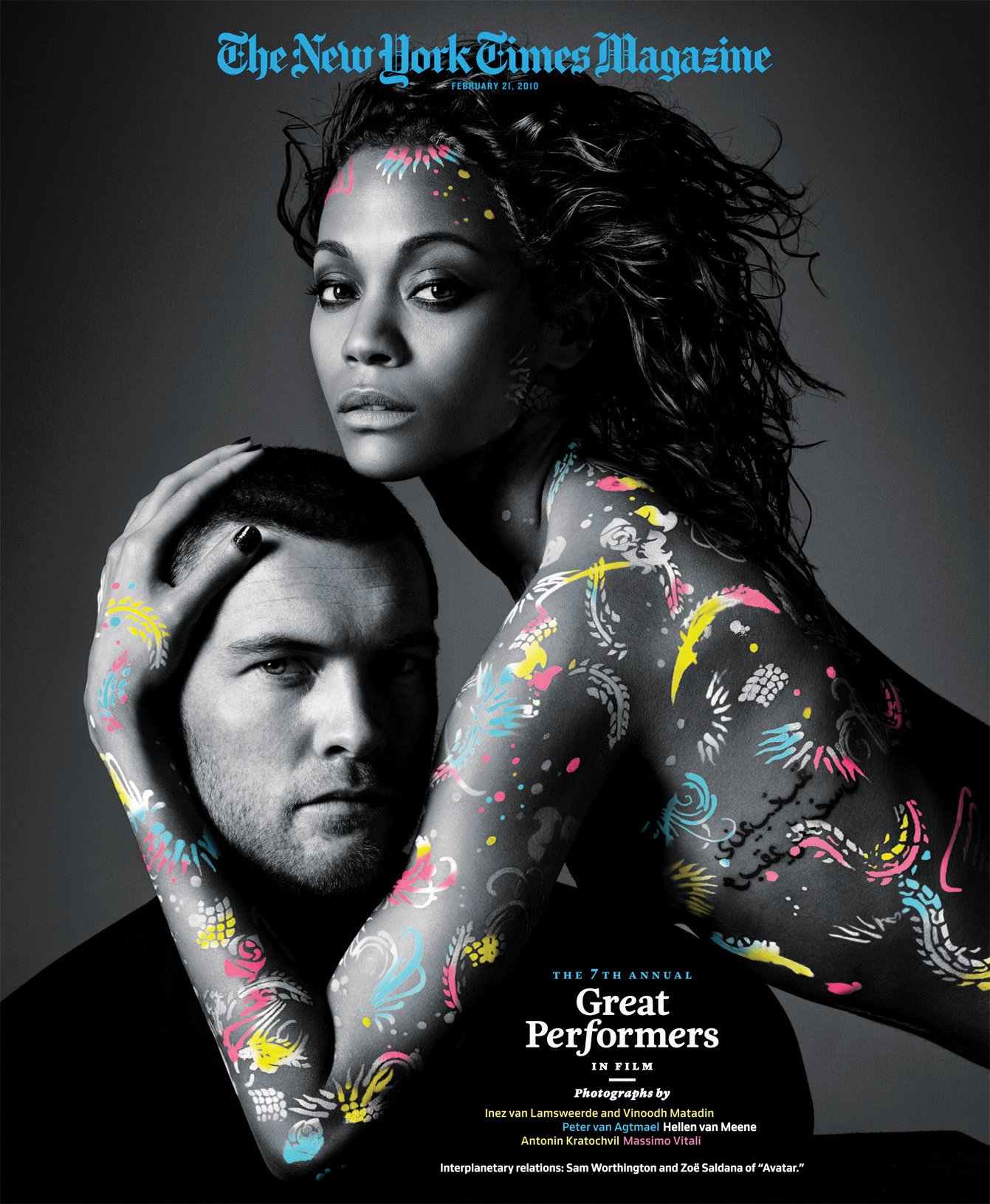
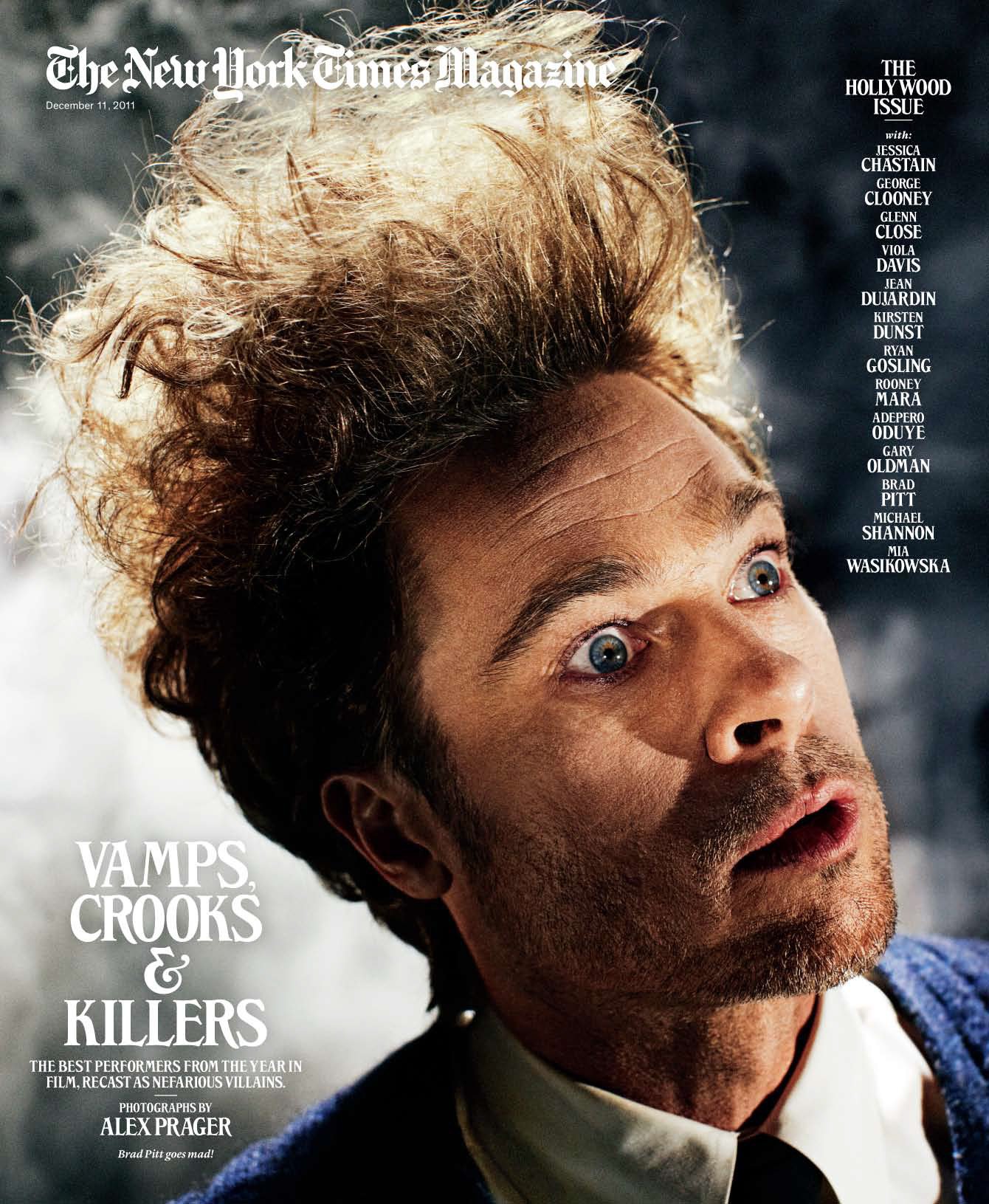
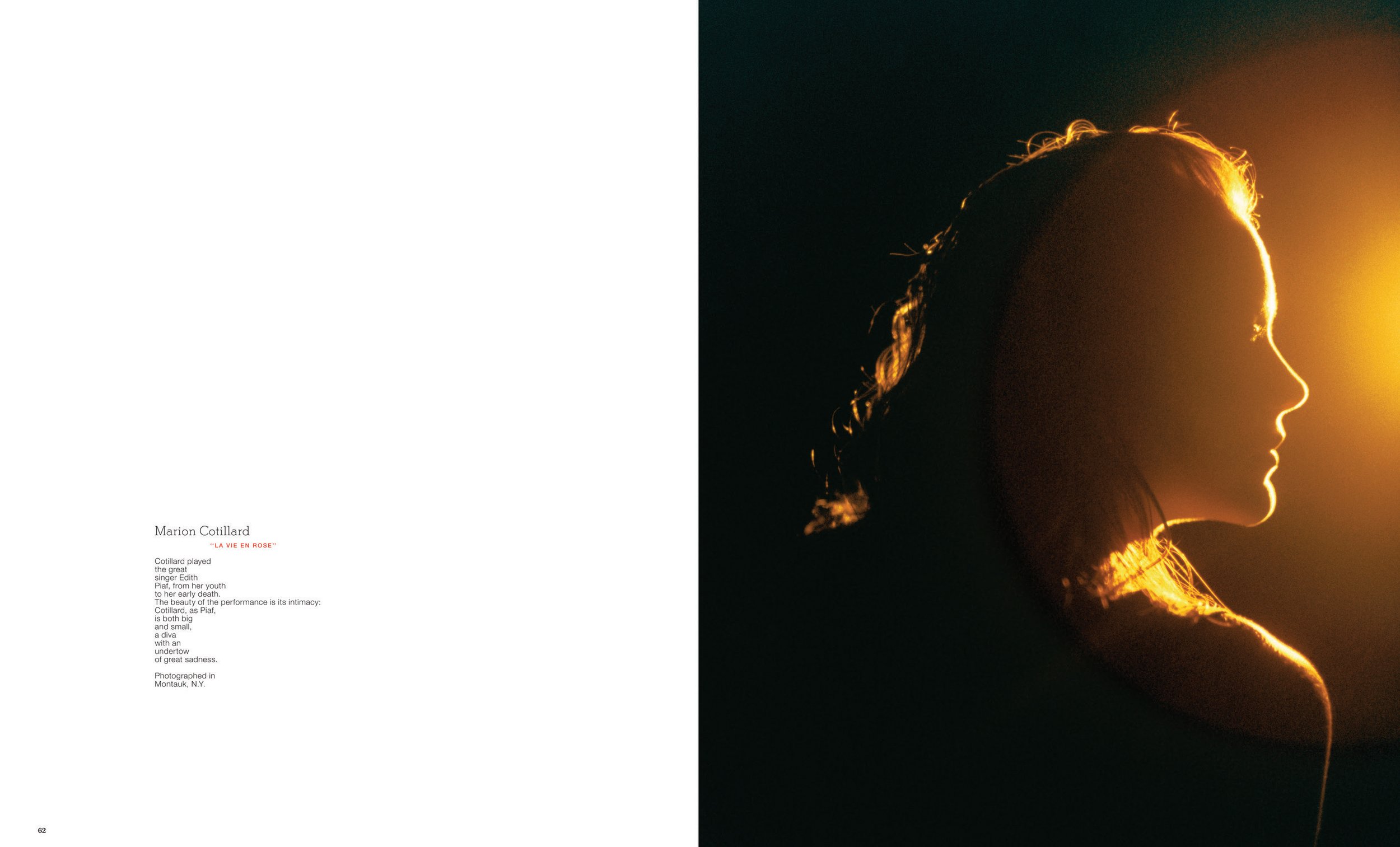
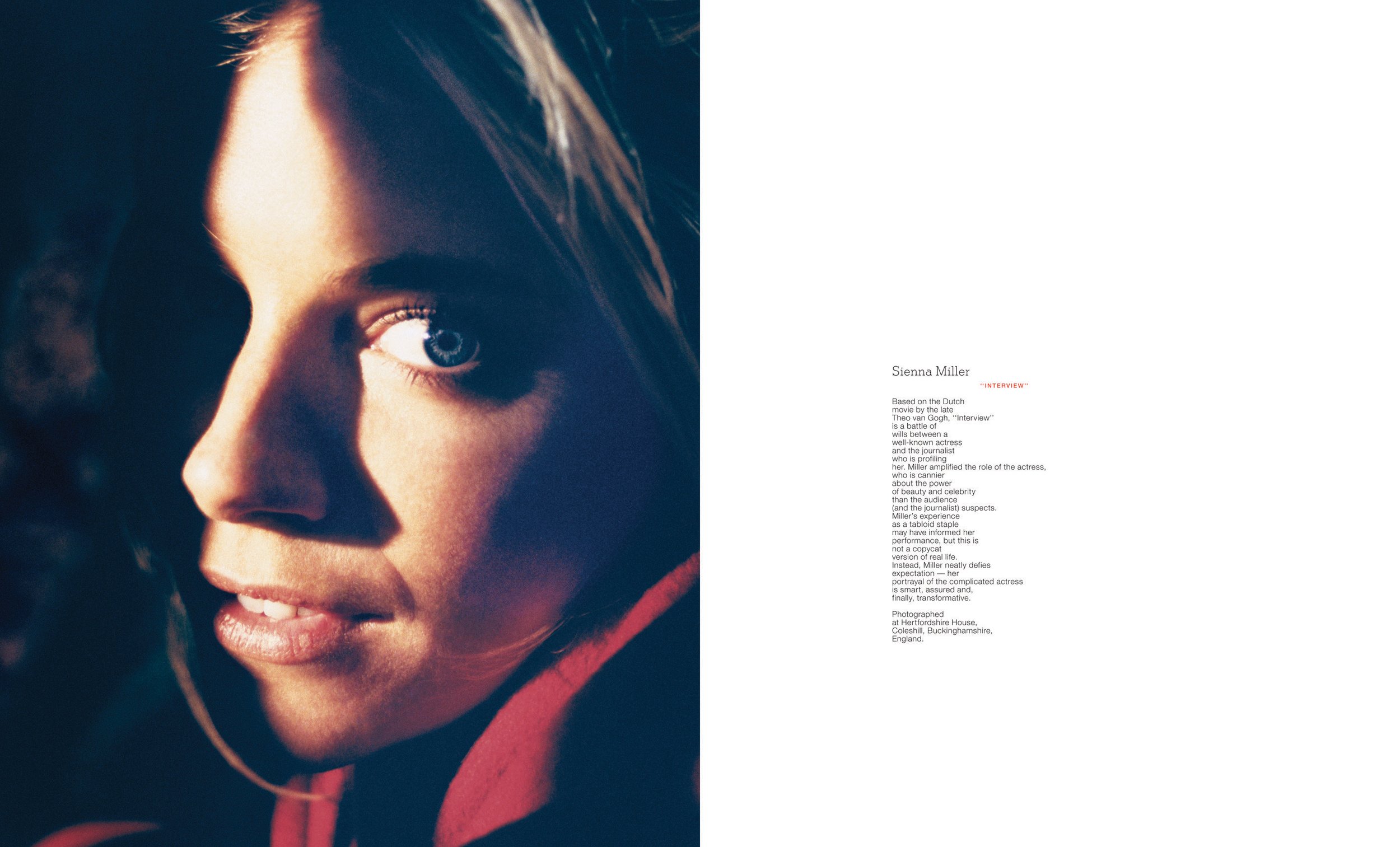
Patrick Mitchell: So in the world of My Dad Is Cooler Than Your Dad, you win. Your dad, Erol Duplessis owned a quarry where he trained scuba divers. Was that his full-time job? What’s the story there?
Arem Duplessis: My mother was a fine artist and she did what she loved. And, when I was young, she was doing fine art. And my father was working for the government and hated it. They would get into arguments about it because he just felt like it wasn’t fair for her to be able to pursue her dreams and he had to have this government job.
So one day he just quit. He couldn’t do it anymore. And he became a swim coach at a high school in Boston. I don’t know if it’s still around. It was called Umana High School. And from there he was able to begin his career in aquatics. So he did that for a few years. And then he became the assistant aquatics director at UMass (the University of Massachusetts, Amherst). And he did that for several years. Became certified as a scuba diver, then as an instructor.
So he started instructing people on how to become divers. And then he just ended up getting all these certifications to the point where he could certify instructors to become instructors. You know, that kind of thing.
From there, he became a university professor, the director of aquatics at Hampton University. He worked there for 20 years. And during that time, I think near the end of his tenure at Hampton, a buddy of his said, “Hey, you want to come diving with me? There’s this quarry [Lake Rawlings] and it’s pretty cool.” And he was like, “Sure.” And at that point the quarry was longer in use. Originally, they were digging for limestone and they hit an underwater spring. It filled up and this quarry just sat there. No one used it. But the water was so clear that sometimes divers would sneak in there and go diving.
And my father went and right away, he said, “You know, this could be a business. This is amazing.” He didn’t have a background in business and I’m not going to say that he was the best businessman, but his journey was to turn the quarry into a dive destination. And he did just that. He had government contracts, they filmed a few movies there. They trained divers at Lake Rawlings and also people would bring their families. It was a swimming destination and a recreational diving spot. So he did that for, god, you know, another 20 years he had Lake Rawlings and he loved every minute of it.
But during his time at Hampton, he certified—I don’t have the statistics on this, but I can’t find anyone that could argue the fact—my father certified more black divers than anyone in the United States. Just because, being a university professor, every semester he’s certifying 20, 30 divers.
Patrick Mitchell: Have you dived there?
Arem Duplessis: Yeah. Yeah, yeah. I did. It was really fucking cold. The water, it had a thermocline. So after 15 feet, it got really cold, man.
Patrick Mitchell: How deep was it?
Arem Duplessis: Sixty feet at the deepest. And they sunk a few boats, they made some artificial reefs. They sunk a car, a school bus. So, you know, divers could go there and kind of play around with the things that were at the bottom of the lake. So it was pretty cool. All of his grandchildren, their first foray into diving was at Lake Rawlings. He’d put a tank on them and teach them the basics. It was pretty awesome.
Patrick Mitchell: There, that sounds incredible.
Arem Duplessis: Yeah. Yeah.
Patrick Mitchell: You give credit to your mom for guiding you into this career. She was an artist herself. Can you talk a little bit about Laurel?
Arem Duplessis: My mother was a fine artist. And in high school, I’ll be honest, I was a—I don’t want to say “fuck up”—you know, but I just, like, what is the term if you don’t give a shit? You know, I wasn’t getting in trouble, really, but school wasn’t my thing at all. I just didn’t have a lot of confidence in what I was doing. And years later I got diagnosed with ADD. Probably like half the creatives out there in the world. But it’s not a joke. I mean, I really did. And there was really no term for that. Schools didn’t know how to deal with kids that had Attention Deficit Disorder. So they would always say, you know, the report was always, “Rem needs to focus.” You know? And the only time I didn’t get that feedback was in art class.
And I think that, because in elementary school in my early education years, not knowing that I had ADD, it did fuck with my confidence in terms of school. And I didn’t try as hard, you know, I just stopped trying. Which is unfortunate, but it’s the truth. And so when my mother came to me and said, “Hey, what do you want to do with your life?” I said, “I have no idea.” I told her I wanted to go to New York and model [laughs] or join the Marines. And the reason why I said modeling was because I was in class my junior year in this government class, and this woman came in to visit. She was on Broadway, some New York/Broadway woman. I think she was a director or producer. And she was good friends with my government teacher. And she was like, “Hey you in the back. Back there. The quiet one,” and she was talking to me and she said, “You should come to New York and model.” And I was like, “Whoa. Yeah, that’s my plan. That’s what I’m going to do.”
So I told my mother, she was like, “What do you want to do with your life?” And I said, “I think I’m going to go to New York and model.” And she said, “Well, the hell you are.” And then I said, “Okay, well I’ll probably join the Marines then.” And she said, “No, you’re not doing that either.” So then we started going through choices. “Choices” meaning you have no choice but to go to college, but then choices around what are you going to major in? And she threw out fine art. And I said, “I don’t want to do that.” Just because I saw the struggles that she went through as a fine artist. And we talked about architecture and we had a friend of the family that was an architect. And he told me about the projects he worked on. And it wasn’t anything that I thought it would be. You know, he was like, “When you first start out, you’re an apprentice and you’re designing a bathroom for the first five years.” So I definitely didn’t want to do that. And then she said, “Well, what about commercial art?” And I said, “What’s that?” And, of course, she was referring to graphic design.
And the minute she started talking about that, “You can design magazines. You can work for an ad agency. You can do movie titling.” I was blown away. I was like, “Really? People do that for their—there’s actually a job for that?” So immediately I was like, “Yeah, that’s what I want to study. I want to do that.” It was almost like that day, when she described it, it’s like the skies opened up. The sun started beaming. It really did because for the first time in my life, I felt like I had a real direction.
Nicole Dyer: Did you have any favorite magazines at that time?
Arem Duplessis: No, not really, because I didn’t really understand design. I didn’t really look at magazines in that way. I paid attention to the photography a little more, but in terms of the design of magazines, I guess if I saw something cool, I would appreciate it. But I didn’t aspire in high school to become a magazine designer. It was more around just studying graphic design and then figuring it out. I really didn’t develop a love for magazines until, well, indirectly I probably did early on, because my parents had probably way too many magazine subscriptions. More than they needed. So I did grow up with a lot of magazines laying around. But in terms of an appreciation around the design of magazines, it wasn’t until graduate school, when Vibe magazine was launched, I think in 1993, with Richard Baker and Gary Koepke. And they did some beautiful work. And George Pitts. It was just, like, this amazing stuff.
When I saw that magazine with Dan Winters’ Wesley Snipes cover, where he’s covered in mud—like the mud is cracking on his face. That issue really introduced me to magazines. Then, all of a sudden, I was like, “Okay, how do I learn more?” I found out about SPD and started buying those books and quickly fell in love with it.
But also, when I was in grad school, I needed to get a job. I started running out of money and teaching swim lessons at the Y was no longer cutting it. So I found a job listing for a magazine art director. I had put my book out there to a lot of design firms and got a lot of, “Oh yeah, this is great, but you don’t have enough experience.” Finally, I interviewed for a job at a magazine, a small magazine. It was a trade magazine called Market Watch. That was my first design job, and just happened to be a magazine.
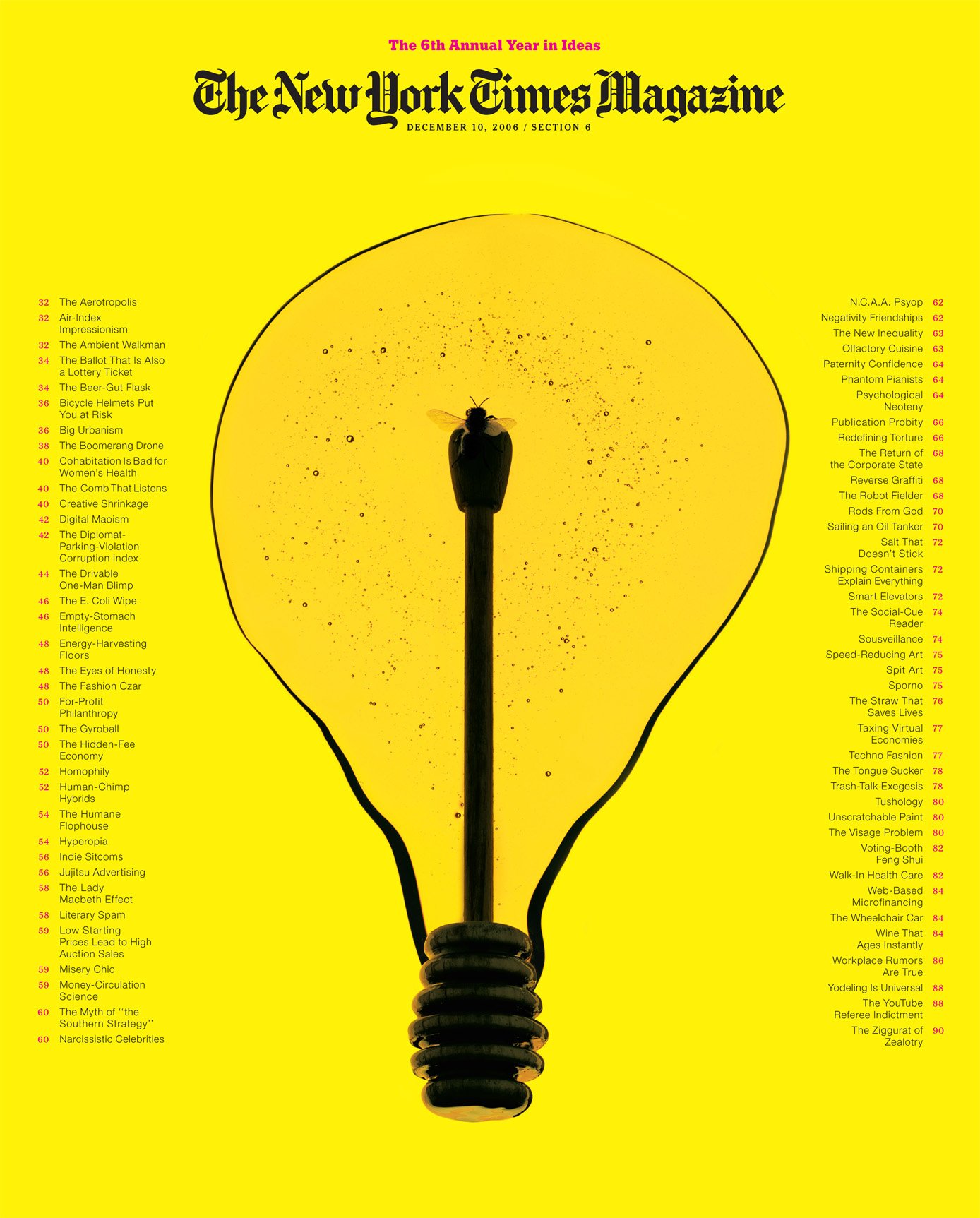
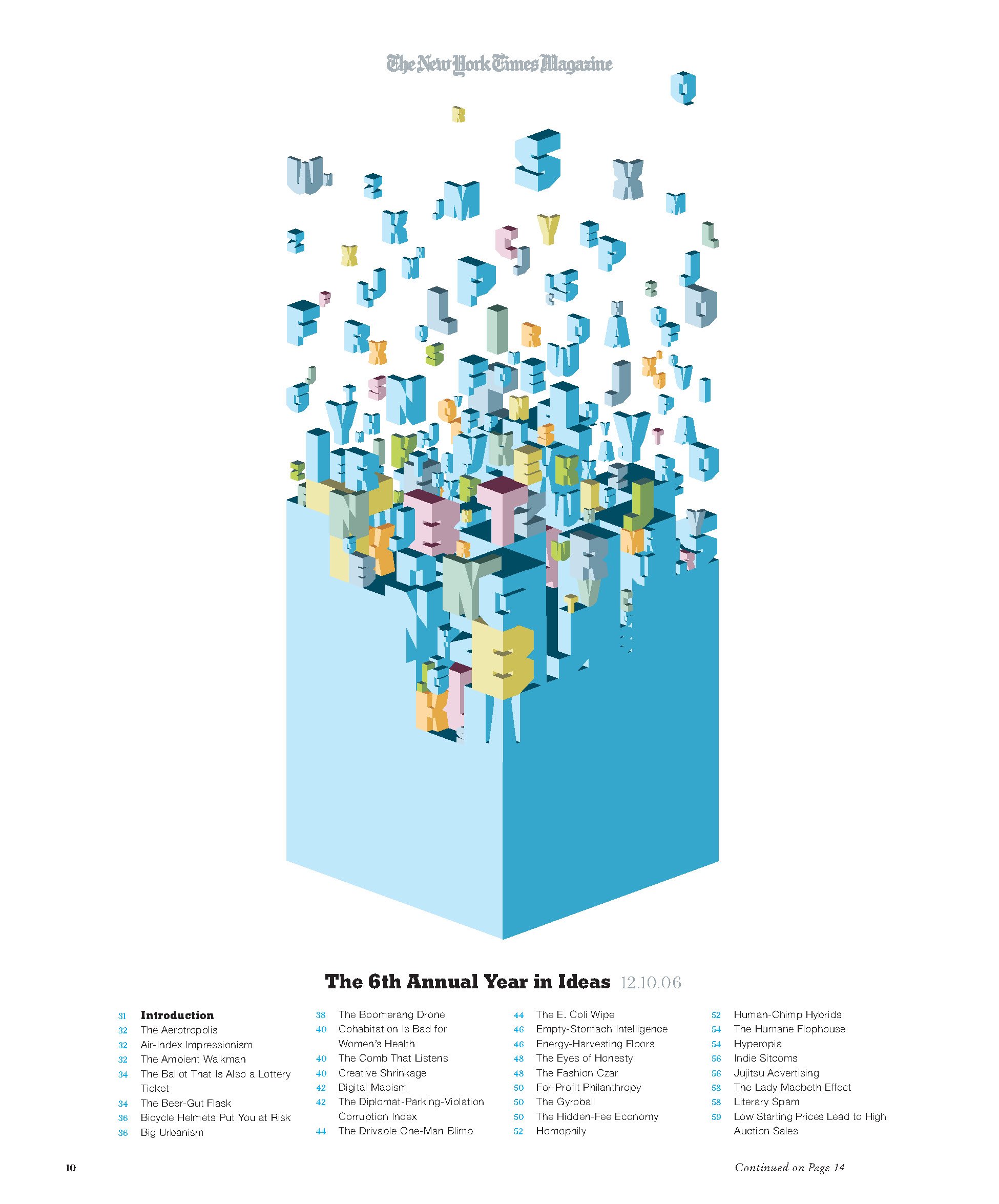
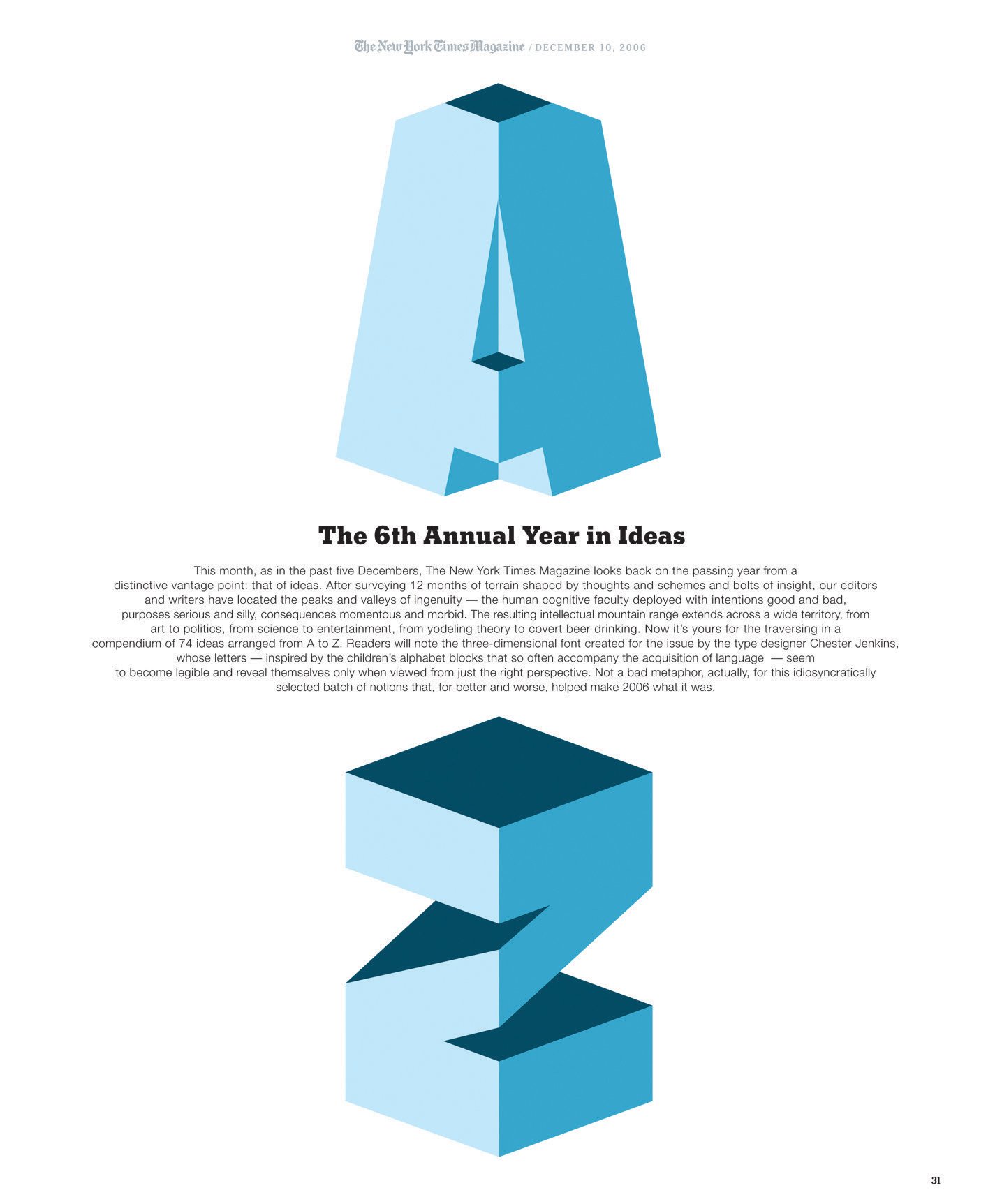
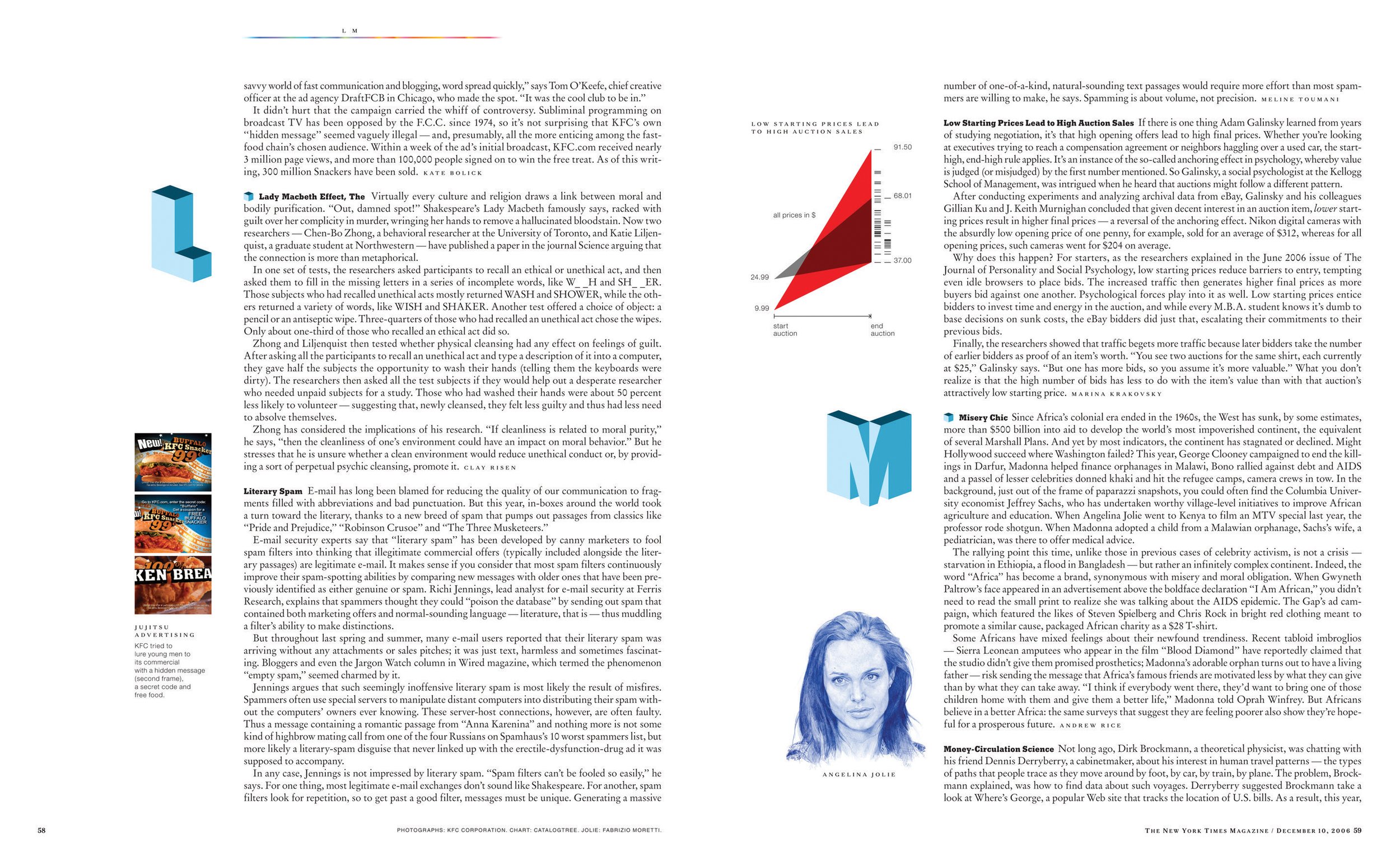
Patrick Mitchell: Backing up. So you went to Hampton for undergrad, an HBCU on the Chesapeake Bay.
Arem Duplessis: Right.
Patrick Mitchell: … And you said you were one of four graduates. I went to a much bigger university, but I was one of three or four graduates in design myself. What was it like studying design there?
Arem Duplessis: Looking back on it. There were not a lot of resources, but when I first started at Hampton, my freshman year, we were learning paste-ups, and I was just starting to get the hang of that. And then all of a sudden this Mac showed up and I was like, “Oh my God, what is this Apple thing?” But I quickly became fond of it and realized, “Wow, this is a huge shortcut to all the things I learned last semester.”
We had one computer. That was our computer lab. And I would always sign up for the last time slot, which was usually around 10 o’clock at night, because then no one would come and disturb me. There were like four or five design majors. And I remember a lot of people, friends, saying to me, “Hey, you know, what the hell are you going to do when you graduate?”
Because they just looked at me as an art major. And to them, it was that basic kind of thinking of ‘starving artists.’ “What are you doing? Why would you ever major in this thing?” And can’t say that didn’t help my confidence, but at least I was in college studying something that I loved. But it was just because it was a small town. There weren’t a lot of designers around. It wasn’t until my junior year where this woman came—she was this black woman from DC who was an art director at Time Life Books. And she gave a presentation on her work and what she did—she was literally the first graphic designer I ever met in my life. And she really got me excited because now, all of a sudden, this thing became real. Here’s a woman talking about the project she’s working on, explaining what she does day-to-day. And it was pretty amazing.
But also, on the fine art side, Hampton University has a really rich history in African American art. And while I was there, John Biggers—he’s no longer with us—but he’s a very well-respected black artist. He was painting the murals in the library at Hampton University. They built a new library and he was the artist that was commissioned to paint these huge panels. So he did three murals within the library and you could see them from the outside because the architecture in the front of the library was all glass. So I spent a lot of time with him just learning about his level of thinking, how he thought and how he approached painting. He taught me about Aaron Douglas, the Harlem Renaissance artist who was also a trained graphic designer as well.
The education didn’t always come in the classroom, but it was there. And it certainly built my foundation and love for design. And the chair of the department, Sharon Beacham, did everything she could with the limited resources that she had. It was pretty great.
Nicole Dyer: What’d you learn from your mom? Did you learn some technical skills from her? Did you arrive at art school knowing how to paint or draw?
Arem Duplessis: My mother also designed a few logos as well. I learned later that she actually studied design at Pratt for a semester or two. So she would design logos for friends and asked me my opinion on them and that kind of stuff. And usually it was all hand-done. I just think, indirectly, she gave me this gift of creativity and creative thinking and decision-making, just by watching her. But in terms of the technical aspects of design, she was terrified of computers. That was all on me. She didn’t really ask too much about the technical part of my job. It was always just, “My son works for GQ magazine.” That kind of thing [laughs].
Patrick Mitchell: You just found out that your son is going to follow in your footsteps and go to Hampton. How does that feel?
Arem Duplessis: It feels great. He doesn’t want to study design. He couldn’t study design at Hampton, actually, because they got rid of the program, unfortunately. But he’s really into music. He composes music. They do have a good music program at Hampton. He ultimately wants to score films. That’s his goal.
I didn’t put pressure on him. I mean he was accepted to some other schools. He had choices. He even had an opportunity to go to a school here in California. But going back to what I said about the lack of diversity here, he loved the idea of having an experience where he’s not the only one.
Patrick Mitchell: Well, congratulations. That’s awesome.
Arem Duplessis: Thank you.
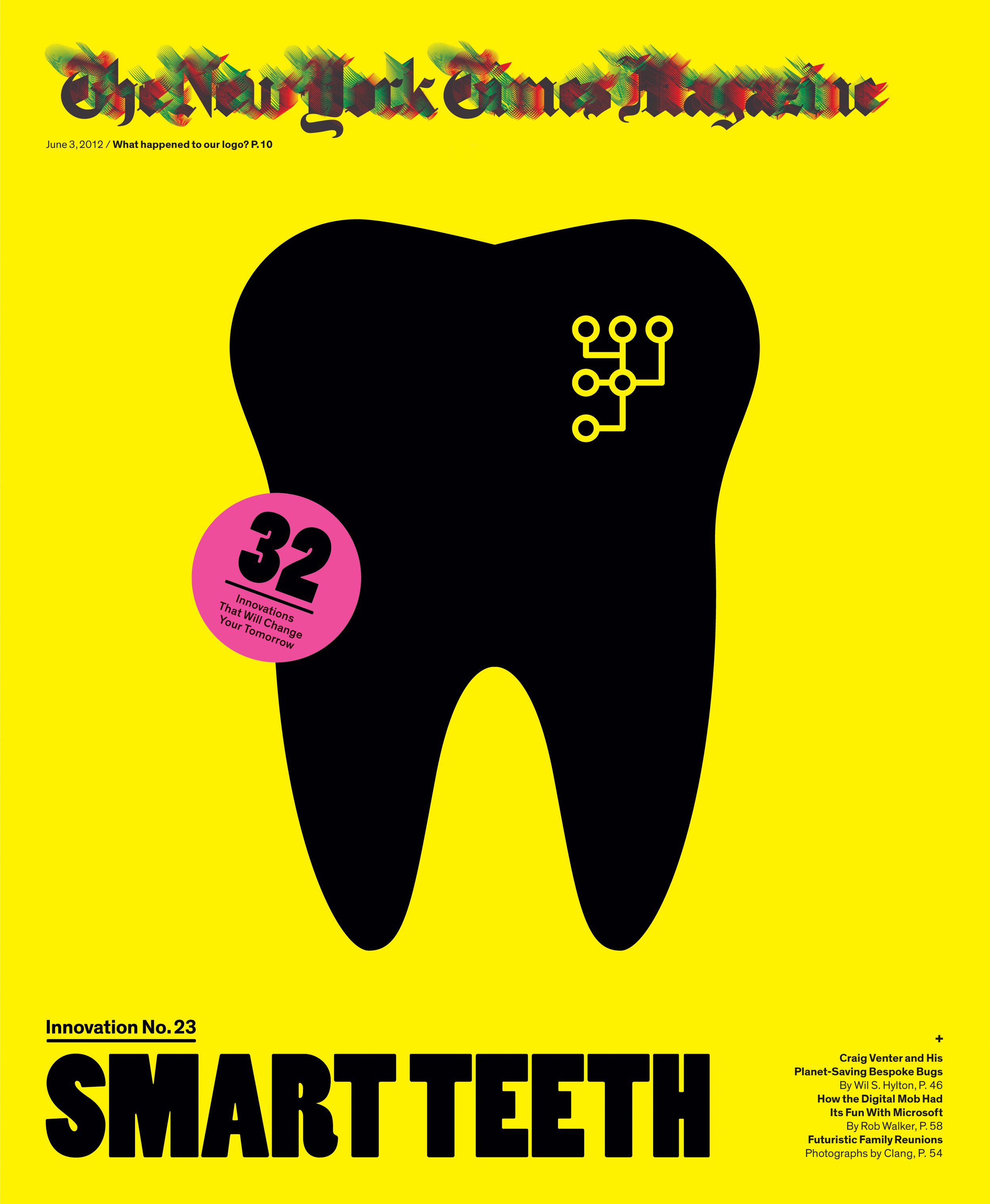
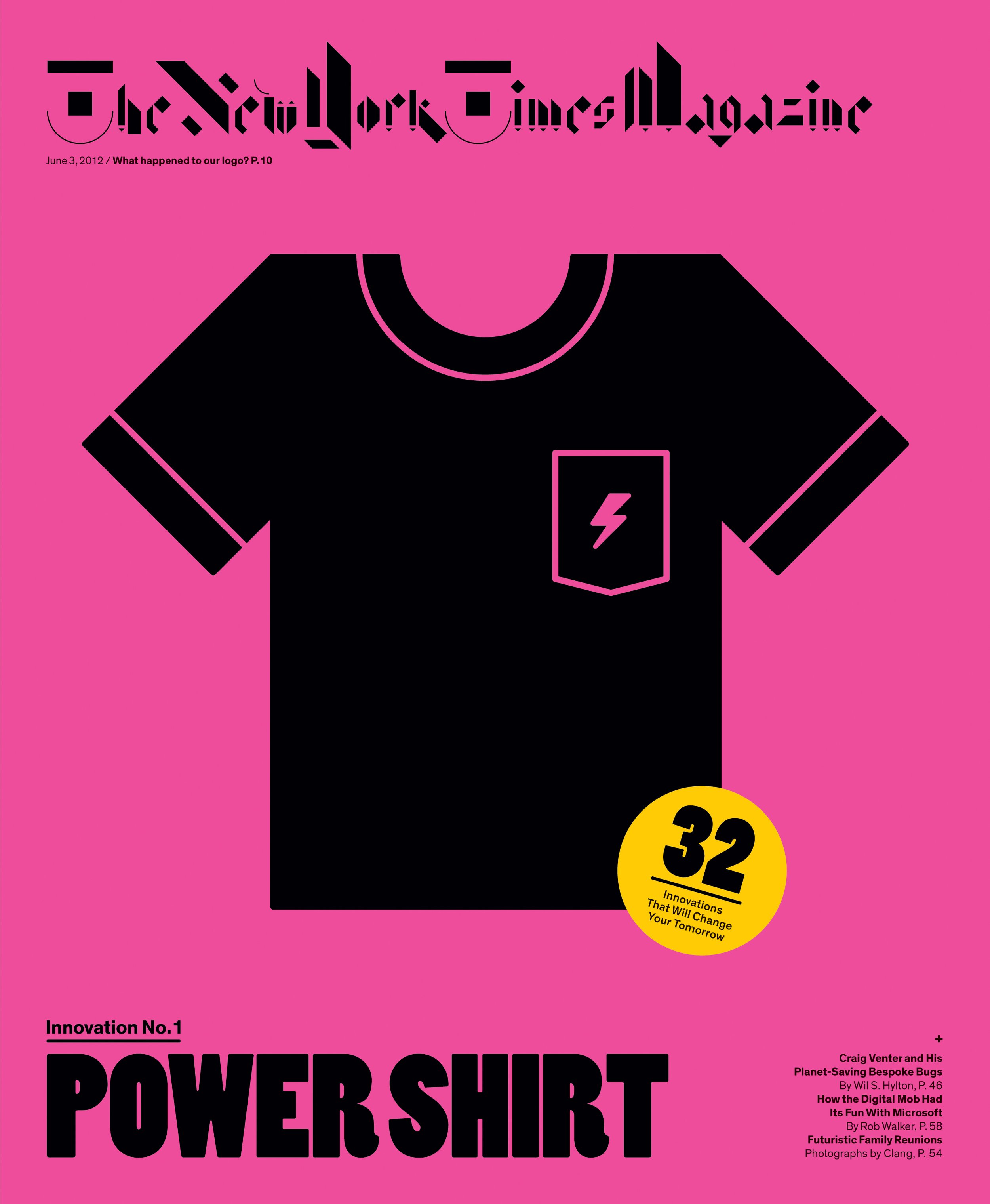
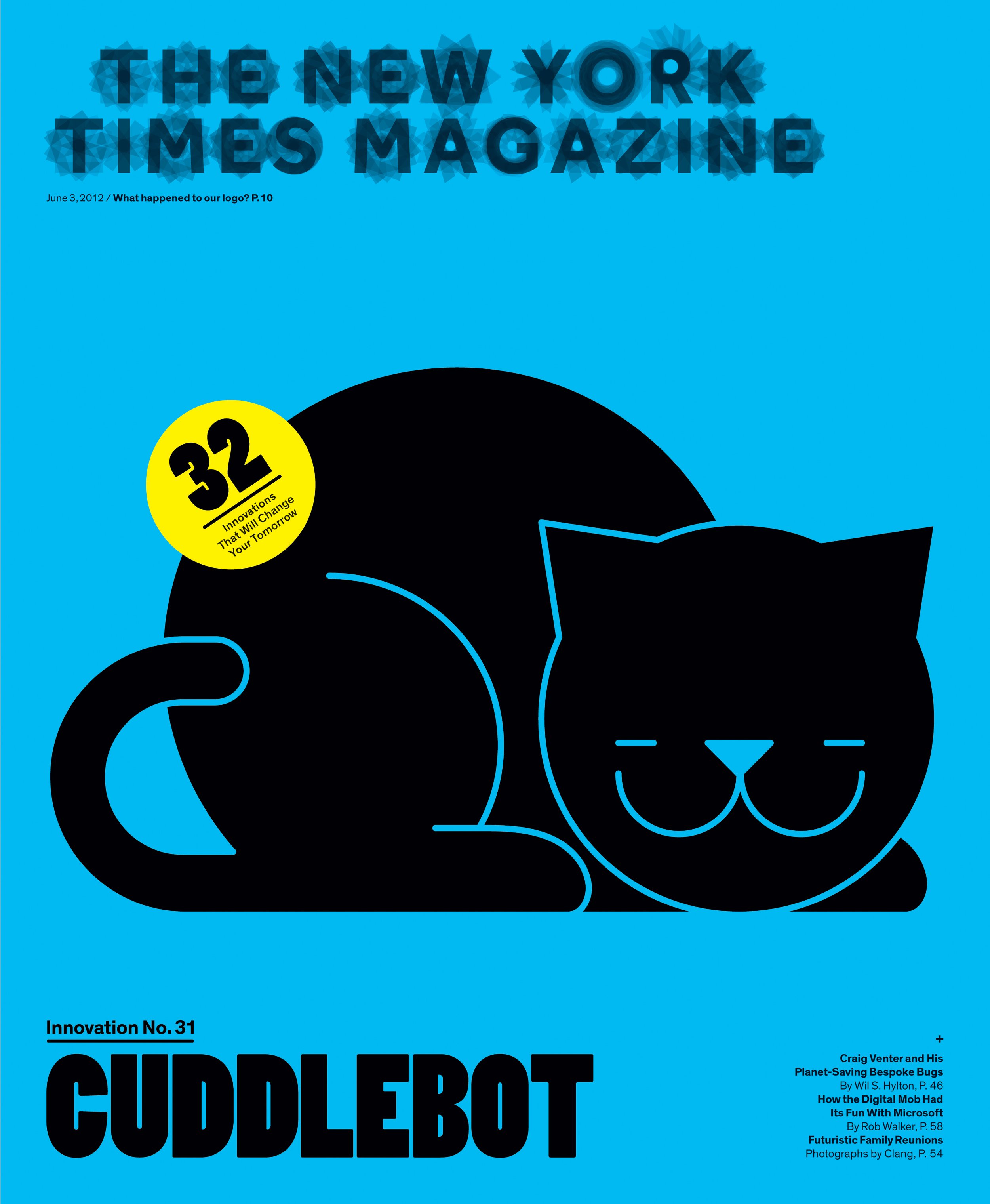
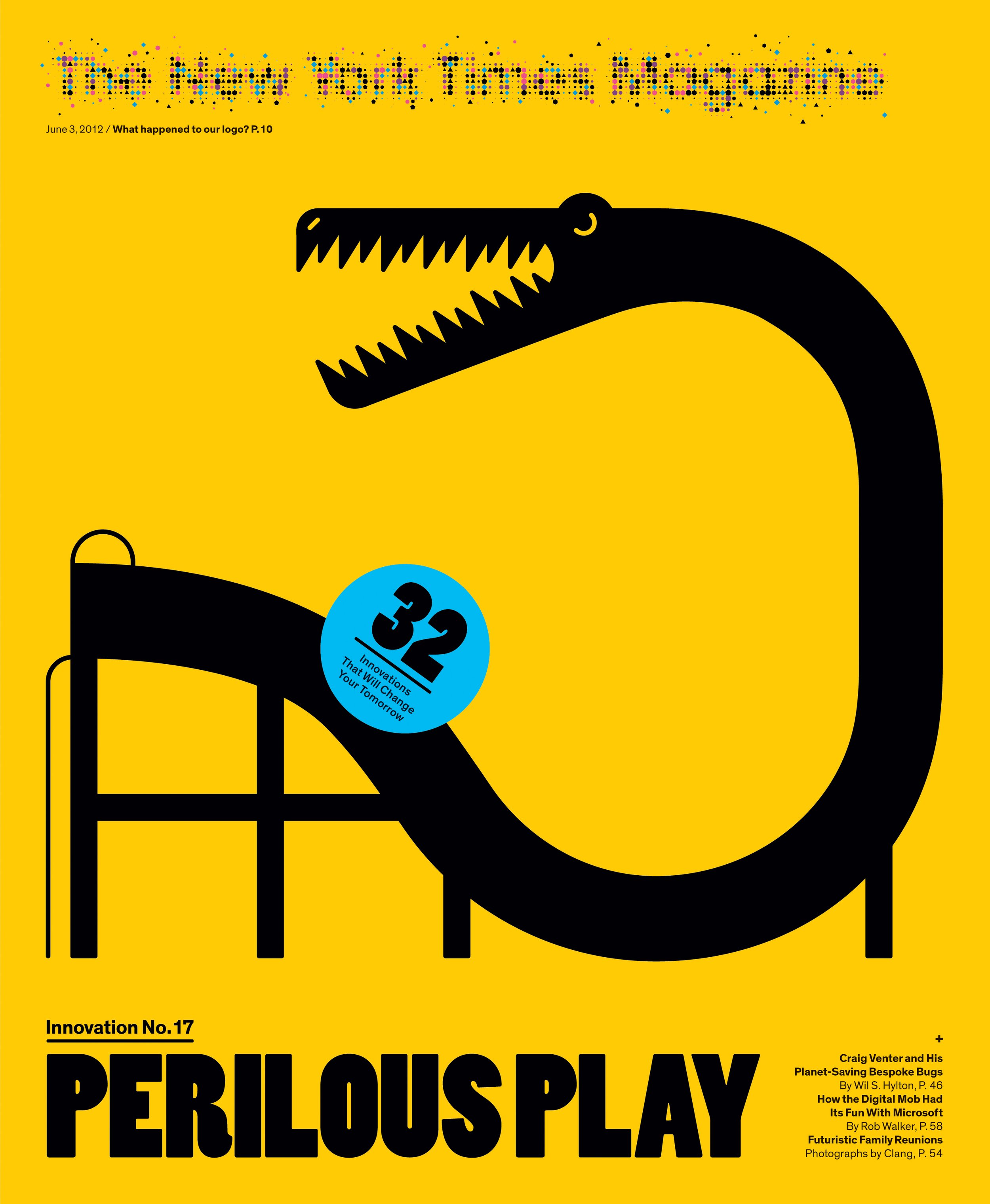

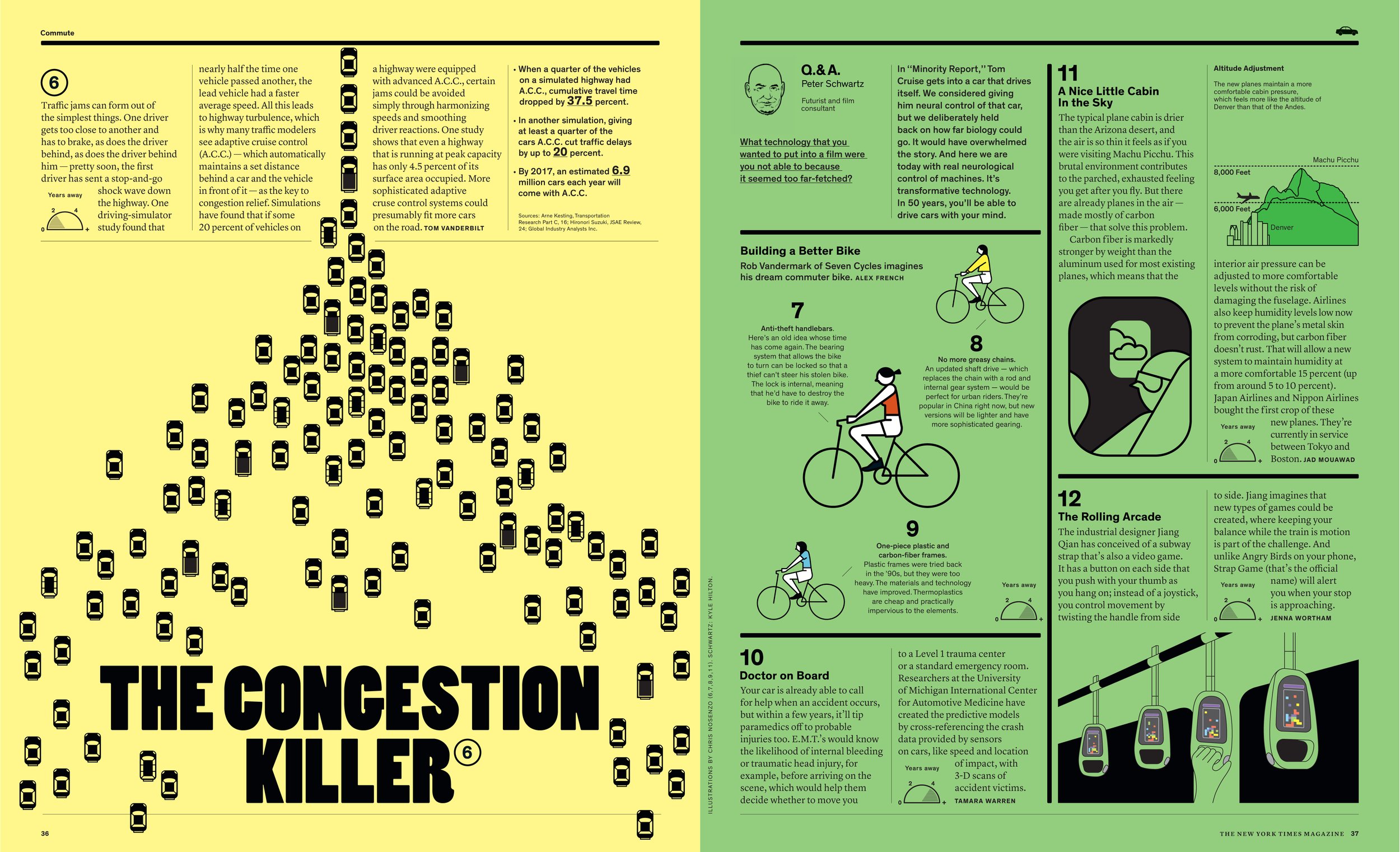
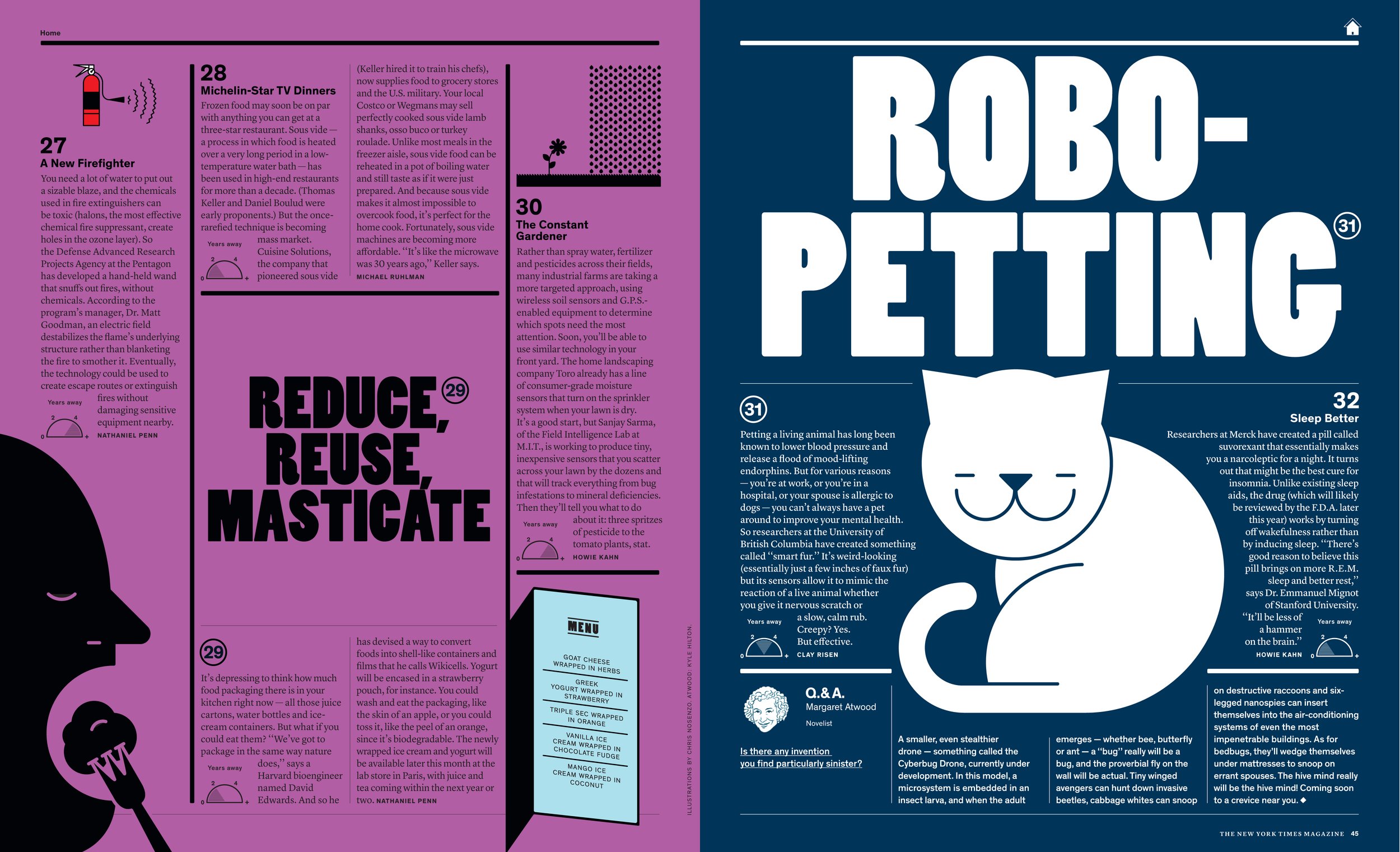
Patrick Mitchell: By my calculation, in your 10 years working at The New York Times Magazine, at 52 issues per year, times 10 years, you produced more than 500 issues, which is the equivalent of 43 years at a monthly magazine…
Arem Duplessis: …Yes [laughs]…
Patrick Mitchell: … And that’s not counting T and other projects from that time. That’s a lot of fucking magazines.
Arem Duplessis: That’s a lot. Yep.
Patrick Mitchell: How do you look back on your 43 years at the Times? [Laughs]. I can imagine a lot of pride and joy, but was there a personal cost. Anything you’d do over? Talk a little about your tenure at the Times. You had a lot of accomplishments. You really made a name for yourself there.
Arem Duplessis: Thank you. I loved every second of it. It was amazing, looking back on things, the only thing that I would change is, and you don’t learn this until you mature and you become—I guess the ‘maturity’ is really the best way to put it—I didn’t realize then what I realize now, in terms of the platform that I have as a creative and as a black creative, I wish that I had had the confidence with my platform to advocate more for a diversity in storytelling. The kind of stories that we were publishing, not just at the Times, but just in general. And then also pushing for more representation on the editorial side, you know, more black editors. More black editors in senior positions.
The New York Times was definitely the most diverse staff I was ever a part of. But at GQ there were no black editors at all. Any senior editors. And you know, I did argue for it because I would say, “Hey, look, we know our team does not represent the readership at all.” There were a lot of women readers at GQ and all the editors knew that, but we didn’t have a lot of female editors. Of course, black folks liked to, you know, we liked to put it on fashion-wise. Black men are fashionable. Let’s just say it. And to not have one black fashion editor at GQ magazine? I wish I had questioned that more. But I was 27 at the time and I was busy. But that’s the only thing that I would go back and do.
Nicole Dyer: So you were 27 then, but when you were 25, you worked at Blaze magazine for, I’m not sure how long…
Arem Duplessis: I was there for like 10 months. Eleven months.
Nicole Dyer: What was that like? That title had such a famous launch and it flamed out pretty quickly. But it was an exciting magazine. What was that like working there for 10 months?
Arem Duplessis: “Flamed out pretty quickly.” No pun intended with Blaze [laughs]. When I got there—I was hired as the design director—it was the first job I ever had as the design lead. Before that I was at Men’s Journal. I was young. I really was. But I just felt, like, at the time I wasn’t getting the jobs at the magazines I wanted to work for. And I just felt like I wasn’t producing the work that I knew I could produce. Let’s put it that way.
So in my opinion, my thinking back then, “If I want to put out the work that I believe in, then I have to be the one leading it.” So I was really excited to take that job at Blaze. I loved it. It was a lot of fun. I would’ve stayed longer than 10 months, but I got a call from Condé Nest and Anne Haggerty. She worked in human resources when she met me and she saw my portfolio. She promised me, “Hey, I’m going to call you one day for one of these magazines, you better be ready.” Two years later, she called me and said, “Hey, GQ needs an art director.” Because there was a design director there at the time. And I said, “Yeah, I’d love to.”
Samples from Duplessis’ work at SPIN
Patrick Mitchell: Who was that?
Arem Duplessis: It was George Moscahlades. George was there for maybe four or five years. He hired me through Anne’s recommendation and then George, he maybe stayed maybe nine months while I was there. And then he wanted to move on to something else. And Art Cooper—the late, great Art Cooper—said, “Hey, look. Do you feel like you’re ready to lead this magazine?” And I said, “Absolutely.” I wouldn’t have told him otherwise. I was pretty young, but I just believed that this opportunity may never come again, so you better be ready.
And the frustrating thing at GQ was it was a huge title. My mother was very proud of it—she called it “Gentleman’s Quarterly.” But the reality was Art Cooper—as we know now—was under tremendous pressure at GQ. He was holding on for dear life. He had been there for 20 years. And I just wasn’t able to do the work that I really strived to do. You know, I knew it could be so much more and I didn’t have the full trust of Art at the time. And to be honest, I was still developing as a magazine designer as well, trying to find my voice.
But going to Spin after GQ was intentional, because Sia Michel was hired as the editor in chief—the first female editor of a music magazine, a rock magazine. I thought that was pretty cool. And after meeting her, I knew she would allow me to kind of explore my goals in design and do work that allowed me and my team to push the envelope. And I feel like at Spin, it was just that. I took a salary cut—a pretty big one. And in terms of prestige, my mother was like, “What the fuck is Spin magazine?” But it was the best career move I ever made because everything that I wanted to do creatively Sia gave me the freedom and the autonomy to do that. And that’s what got me to The New York Times. Janet Froelich liked what we were doing at Spin and called me and said, “Hey, do you want to interview for a gig at The New York Times?”
Patrick Mitchell: Your mom would not have wanted to know that Spin was launched by the Guccione family. (The Guccione family owned Penthouse, a soft-core porn magazine).
Arem Duplessis: No, no. When I went to Blaze magazine, she was like, “Why would you do that? Why would you leave Men’s Journal?” My father, when I went to Spin, the only thing he said was, “Well, you know, just that music world, there’s a lot of coke in that world. And you just don’t start sniffing coke.” And I’m like, “Yeah, dad, all right. Well, at this point in my life, I’m good. I’m not going to throw it all away by all of a sudden becoming a cokehead.”
And then of course, when I went to The New York Times, my mother was proud of me again, because that title meant a lot to her for many reasons. But also her dad, my grandfather, was a train conductor. But he read the Times every day. That was his thing in the morning. He would read it from front to back. And so when I got the gig there, she was really proud of that.
“I was pretty young, but I just believed that this opportunity may never come again, so [I’d] better be ready.”
Patrick Mitchell: Who were your influences and mentors from your magazine career?
Arem Duplessis: I would say, influences definitely Richard [Baker] and Gary [Koepke] from those days at Vibe. George Pitts was a mentor to me. I would say, obviously, Fred Woodward did some amazing work. You, Patrick. I loved the work that you did at Fast Company. That that was awesome. I would pick that up every single time. I was excited about getting that in the mail. I mean the usual suspects. And then outside of the magazine world, I would just look at a lot of what designers were doing. And I loved and Robert Brownjohn and his philosophy. Paula Scher was a huge influence on me, for multiple reasons. Michael Beirut. The unfortunate thing is at the time there weren’t a lot of black heroes in design. But there were a few. So Michele Washington and Lance Pettiford. I loved the work that he was doing at BET Weekend. There were a few. I loved what David Armario did at Men’s Journal. Him and Tom Brown before I got there. The reason why I went to Men’s Journal was because of the work they were doing, but that quickly changed. They rebranded the magazine. So I had a lot and I had a lot of people that I really looked up to. I looked up to Janet Froelich, obviously, and Kathy Ryan. So it was unreal when I actually got to work with them. It was kind of a dream fulfilled.
Patrick Mitchell: You mentioned Pentagram. You seem like a natural fit for Pentagram. Did they ever approach you?
Arem Duplessis: No. No, they didn’t. I’m friends with Paula [Scher] and Luke [Hayman]. There were times where I kind of felt like they were waiting for me to show interest in doing that. And Paula would certainly recommend me for some really great jobs. But I’m glad they didn’t because I just feel like I’d be a terrible entrepreneur. And the reason why I say that is because I don’t like to be removed from the work, and in a way that sometimes when you’re running your business, you have to go out and get new business. You’re not always able to still get your hands dirty in the workspace.
Patrick Mitchell: That is one thing I’ve heard from some Pentagram partners is just that part of having to churn new work in there—there’s so much pressure.
Arem Duplessis: Yeah, that’s a lot. That’s a lot of pressure. You know, they do great work. I mean, they succeed at it. But being an entrepreneur is not for me. And if it was, I don’t know if they would’ve hired me to be a partner, but it certainly would’ve, if I had that spirit of doing that, it would’ve been a dream gig. It really would’ve. But I maybe they sensed that in me. I don’t know. Or maybe I was never even considered. I can’t answer that, but I love the work that they do. And as much pressure as those folks are under, they still churn out great work—for years.
Patrick Mitchell: Who’s the most famous person you’ve met in your magazine career?
Arem Duplessis: Oh man, that’s subjective because I’ve met a lot of famous people.
Patrick Mitchell: Any heroes?
Arem Duplessis: Man, I worked with Kobe Bryant two times. Met Barack Obama, which was amazing. Oprah Winfrey. George Clooney. We worked with George Clooney at The New York Times so much that he knew my name because he was always one of the “Great Performers,” because he’s such a brilliant actor. Brad Pitt was a big name. Pitt and Clooney and Obama were some of the most down-to-earth, nicest people I’ve ever met. When Brad Pitt walked into the studio, literally after five minutes, you forgot that it’s Brad Pitt because he’s just such a cool guy. He just felt very surprisingly normal. And Clooney as well. You can sense the bullshit when someone’s just trying to fit in. And when someone’s truly genuine. Those guys were really cool to work with.
But there were a lot. There were a lot Great Performers. We would usually have about 10 actors and actresses. And we would do that every year. So 10 times 10, that’s like a hundred of some of the biggest names in Hollywood right there. It was pretty incredible.


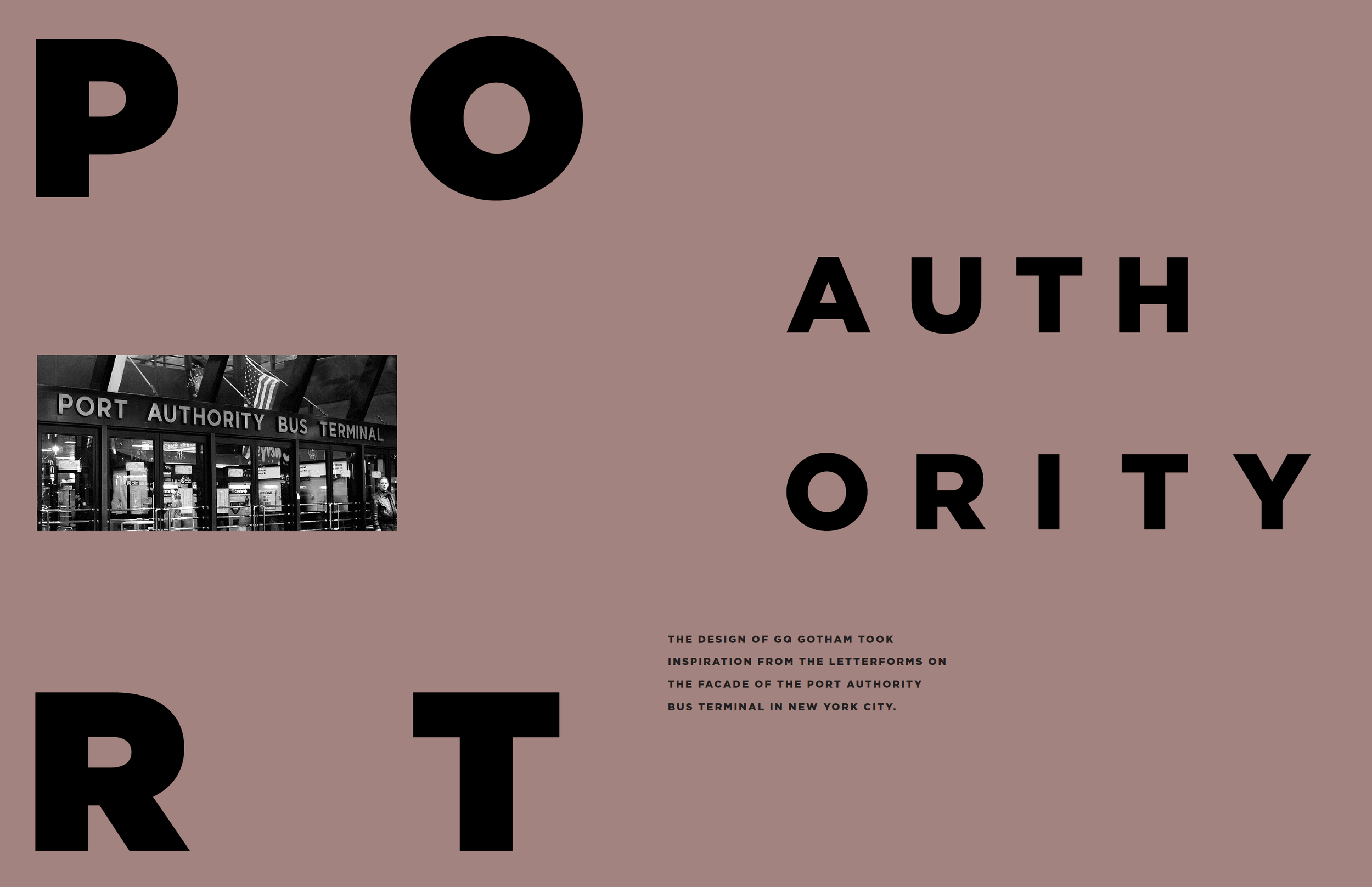
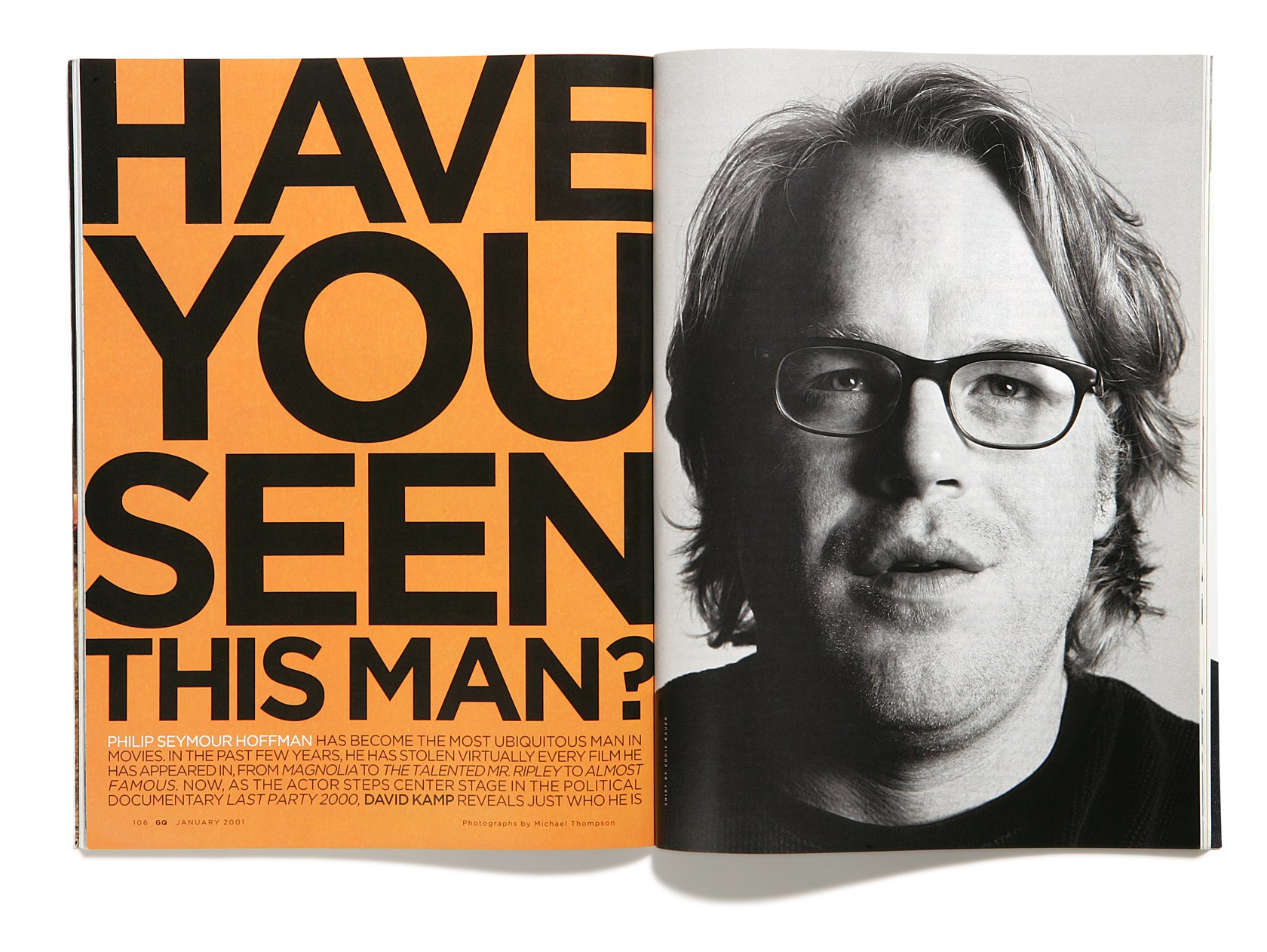


Duplessis worked with font designer Tobias Frere-Jones and Hoefler & Co. to create the wildly popular Gotham family of fonts.
Nicole Dyer: When you start with a print piece, are you already thinking about the digital outputs? You have to have some digital life to the print piece. Are you thinking about that at the beginning and are those digital outputs, whatever they might be? Is that an extension design-wise from the print piece or is it an entirely independent creative concept—and I’m talking more about back at The New York Times Magazine?
Arem Duplessis: Well, it was frustrating, to be honest with you. Because, not that I’m a control freak—I mean, I guess we all are to a certain degree if we want to put out good work—but I had so much control over the printed part of the magazine that was under my domain and my team's domain. And then you had the interactive part, which was not really my domain. It was almost like, and look, they, I mean some of the best interactive people in the world that work at The New York Times, we all know that, but they didn’t always have the bandwidth to do what I wanted them to do. Or sometimes I would want them to do something that they didn’t do, but then they would turn around, do something much better than I thought, whatever my idea was. So it was a good relationship, but it didn’t always—the look of an article didn't always replicate online just because, back then a lack of understanding from my part, to be honest. But also the interactive team at The New York Times, they do a lot of work and myself and my team’s ambitions around what the article should look like digitally, they weren’t always able to take it on.
Nicole Dyer: You have to pass the torch because you want to bring the same vibrancy that lives in print, that we all know and love, and you want to execute that digitally. And at a certain point, it sounds like you do have to pass the torch and leave those creative decisions to another team.
Arem Duplessis: Yeah. And then, as things started to develop because I left in 2014. So, you know, you have to remember these conversations I’m having are 2010 through 2012 with the interactive team. We just didn’t have the same capabilities that they have now. So I can’t speak for Gail [Bichler]. She’s doing amazing work both on the print side and the digital side. But I would imagine that the collaboration looks a lot different now than it did back then. Back then I think both sides of the table were trying to figure out how to do complicated things. And you just didn’t have the same platform.
“My aspirations after Apple are more around going back and teaching. I want to bring a lot more black creatives into the world of design.”
Patrick Mitchell: Back at The New York Times, you co-produced an Emmy Award-winning video series with George Clooney, Viola Davis, Brad Pitt. Do you see doing more of that type of work in your future?
Arem Duplessis: You know, it’s tricky because I’m listed as a producer, but it was really, from me, a creative contribution, but they have all of these rules. So I can’t remember why I couldn’t be listed as a creative, but listed as a producer. At Apple, I do get to work on a lot of different projects that are really varied. So my creative cup is full there in terms of going off in producing my own version of that. No, I mean, I think Scott [Dadich] did a great job with [Abstract], but my aspirations after Apple are more around going back and teaching. I want to bring a lot more black creatives into the world of design. Like my mother did for me. I just want to educate, at a young age, the possibilities of what a design career looks like. And all of the opportunities. That’s my goal after corporate America. For sure.
Patrick Mitchell: If Apple disappeared tomorrow, what would you want to do for work? What would fulfill you?
Arem Duplessis: Definitely being a fine artist. I’ve started doing some side work on the weekends, drawing and doing some collages and I love doing it. It’s very therapeutic. So if money wasn’t an issue, I’d be on my yacht doing artwork [laughs].
Nicole Dyer: I vote for the teaching! I think a lot of people still don’t know that there are design opportunities—that it’s even a job, you know?
Arem Duplessis: Yeah. No, that would certainly be factored into it. The students would be on my yacht with me and we would all just have a great time [laughs]. But, that will always be a goal. And obviously it has nothing to do with money. It’s just more around education.
Patrick Mitchell: What career advice would you give young Rem coming out of college today?
Arem Duplessis: The career advice I would give young Rem coming out of college is: Definitely go to graduate school to learn more and feel like what it means to be a creative in New York. So you’re doing the right thing there. And the other piece of advice I would give is: Stop worrying. You know, everything’s going to work out. You’re on the right path. You got accepted into graduate school. Certainly you have enough talent in this business to get a job and just relax a little bit. Everything’s going to be fine.
Apple’s “Shot on iPhone” campaign, directed by Duplessis
You can keep up with Rem via his Instagram @aremduplessis.
Back to the Interviews
Dutch Master
A conversation with designer Hans Teensma (Outside, New England Monthly, Orion, more)
Dutch-born, California-raised designer Hans Teensma began his magazine career working alongside editor Terry McDonell at Outside magazine, which Rolling Stone founder Jann Wenner launched in San Francisco in 1977.
When Wenner sold Outside two years later, Teensma and McDonell headed to Denver to launch a new regional, Rocky Mountain Magazine, which would earn them the first of several ASME National Magazine Awards. On the move again, Teensma’s next stop would be New England Monthly, another launch with another notable editor, Dan Okrent. The magazine was a huge hit, financially and critically, and won back-to-back ASME awards in 1986 and ’87.
Ready for a new challenge—and ready to call New England home—Teensma launched his own studio, Impress, in the tiny village of Williamsburg, Massachusetts. The studio has produced a wide range of projects, including startups and redesigns, as well as pursuing Teensma’s passion for designing books.
Since 1991, Teensma has been incredibly busy: He was part of a team that built a media empire for Disney, launching and producing Family Fun, Family PC, Wondertime, and Disney Magazine. He’s designed dozens of books and redesigned almost as many magazines. And he continues to lead the creative vision of the critically-acclaimed nature journal Orion.
You might not know Teensma by name, but his network of deep friendships runs the gamut of media business royalty. Why? Because everybody loves Hans.
When they designed the ideal temperament for survival in the magazine business, they might as well have used his DNA. He’s survived a nearly 50-year career thanks to his wicked sense of humor, his deep well of decency, and above all, his unlimited reserves of grace.
You’re gonna love this guy.
The Roundhouse in Northampton, Mass., was the long-time home of Teensma’s design studio, Impress.
Patrick Mitchell: We’re here in South Hadley, Massachusetts, in a restaurant called Thai Place. And I think it’s a, uh … Thai place … right?
Hans Teensma: By every indication, it looks like the place.
Patrick Mitchell: And I thought you might want to say ‘hello’ to our massive Dutch audience, and welcome them to the podcast.
Hans Teensma: Ah, is there a mass audience out there from Holland? Well, goedendag, en dit is Hans, and I’m now going to join all the people born below sea level and wish you a happy day!
Patrick Mitchell: Thank you. So let’s talk about your beginnings, and so maybe you could just kind of rattle off your background, from where you were born, and who your family was, and how you were brought up…
Hans Teensma: Real quickly, I was born at a very early age [laughs], below sea level in Holland, The Hague. Came over at age about ten. Moved to LA. Grew up in Bellflower/Artesia, where all the famous Pixar and Disney people grew up. But I didn’t meet them until too late [laughs].
And I had a very happy childhood in Holland and I do remember many, many wonderful experiences over there. And I think it might have influenced me because I’m just a happy kid. The glass is half full—at the top—which is even more interesting [laughs].
Patrick Mitchell: I have to ask: Did you ever put your finger in a dike [laughs]?
Hans Teensma: No. I, I, I, I think that’s a… . Well, we know that story from long ago. But I … I never was called to action.
Patrick Mitchell: Good, good [laughs].
Famous Dutch boy Hans Brinker, who plugged a leaking dike with his finger.
Hans Teensma: But I do love old Dutch masters and the Dutch graphic designers. And you know, every time I hear the word Dutch, I perk up. So it stayed with me a lot.
Patrick Mitchell: So were you aware of design even at that point. Did that just kind of surround you?
Hans Teensma: I think it did. I mean, as an art director, many art directors that I know, we tried to do everything. We wanted to be illustrators, typographers, photographers. We do everything. And I was doing everything since I was, you know, walking.
Like, you didn’t know the difference between kunst [art] and life. It’s all the same.
And all the Dutch books that I was given and took back with me to America—I grew up with those. And comic books, and the very un-PC comic books from the ’50s.
Patrick Mitchell: Right.
Hans Teensma: And I took every art class that was available. I went to Long Beach State for my university.
Patrick Mitchell: Wait, let me back up. What did your parents do?
Hans Teensma: My dad was an engineer. A technical engineer and a draftsman. He designed Her Majesty’s ships. And when he came over to America he had to switch over to cranes and all kinds of large machines.
Patrick Mitchell: Why did you guys move to the US?
Hans Teensma: I think clearly it was because this was the land of opportunity in 1960. This was the “land of milk and honey.” We had Eisenhower as president, soon to be Kennedy.
Patrick Mitchell: So this wasn’t a transfer. This was a choice to move?
Hans Teensma: Yeah, we were on a list to legally immigrate either to either Brazil or to America. And we got on the list and America came up first. We had some sponsors here who greeted us and we didn’t know what we were gonna do, except this was the “land of opportunities.”
And the Cadillacs had huge fins. And Chevrolet—don’t forget the ’59 Chevy! I mean, things were just, you know, fantastic. And we got all of our dishes and towels and boxes of Tide. It was just … happiness and optimism.
Patrick Mitchell: How big is your family?
Hans Teensma: I have three brothers and a sister, so five all together, and we’re all spread out all over the United States.
Patrick Mitchell: Did any of them choose a creative life?
Hans Teensma: Not in my opinion [laughs]. They’re all very dedicated civil servants. They all wanted to do government work and were real interested in, you know, they love nature and gardening, and weather, and all that stuff. But they’re not artists.
And my mother who was, you know, a huisvrouw [housewife]. She did not know there was anything besides housework. But super optimistic, great sense of humor. And I think that really made me what I am today.
Patrick Mitchell: You said you went to what, Long Beach State?
Hans Teensma: Yeah. University of California at Long Beach. And I had a fantastic professor named George Turnbull. I graduated in ’75. And until he passed last year, I was still in touch with him.
Patrick Mitchell: Wow.
Hans Teensma: He was my mentor. And I went to see him in northern California when he stopped teaching to raise quarter horses, which was another big plus for me.
Teensma’s mentor and a design professor at UC-Long Beach, George Turnbull
Patrick Mitchell: Was it a big design school?
Hans Teensma: The college was really good for graphic design and art. And the department was really substantial. I remember we used to have joint portfolio reviews with Art Center. And Art Center was, you know, really good. Their people were masters. But what we had that Art Center didn’t is all the other classes that you have to attend [at a university]. So our artwork had a lot of context, and content, and stuff to it that they didn’t have.
They had the super skills for art and design, but we had concepts. We took our stuff from philosophy, and Chinese history, and all that kind of stuff and worked it into our work. You know, unconsciously, we just were always thinking of the narrative in design. So I think we excelled from that standpoint.
Patrick Mitchell: What was your major called?
Hans Teensma: I think they just started the BFA program there, so it was just Art. But I took every art class. It took me six years to graduate because I couldn’t say “no” to any class: printmaking, design, illustration, photography, you know, I just didn’t want to leave. I just loved it all.
Patrick Mitchell: Had you at any point that young started to zero in on magazines?
Hans Teensma: No. As a matter of fact, the day I graduated, I moved to the San Francisco Bay area because I didn’t want to get stuck in Los Angeles because I don’t like that much traffic. And that was my goal all along: to get out of LA as soon as I could.
And so I moved to the Bay Area and thought, What am I going to do?
And I pounded the pavement and tried this and that. And about a year later, after working as a graphic designer at a photography studio, I said, “Hey, wait a minute. What I like to do is educate and entertain.” And the only thing I thought of that did that was magazines. I thought, Magazines educate and entertain, and I didn’t want to do advertising, logos, and that kind of stuff.
So I was out bird watching with my good friend, Peter Matthiessen, at the time, and he said, “Hey, there’s a new magazine started by Rolling Stone in San Francisco called Outside. Why don’t you go look?”
And I did. And the timing was perfect. I think I was prepared. I put together a portfolio of all my photographs, all my concepts, all my art, using Letraset [laughs]. And and I put together a portfolio—which I still have to this day—and I walked in there and I lucked out because they had just decided to get rid of their art director. And I took over. And my very first job was paste-up, design, and a week later, art director!
Teensma’s career began at Outside magazine, which was launched by Jann Wenner (pictured above in the original San Francisco office of Rolling Stone and Outside).
Patrick Mitchell: So it’s 1977. You’re in San Francisco, and you are now the art director of Outside magazine …
Hans Teensma: And I couldn’t believe it! I mean, I was 27 years old. I’d never done anything like this before.
Patrick Mitchell: It was probably hard to ignore the fact that you were in the same building as one of the most important magazines in the history of the world?
Hans Teensma: Oh man, that was part of it. You know? I mean it was brick and ferns everywhere [laughs]. And if you saw the movie Almost Famous, you’d realize that was my world.
Patrick Mitchell: So they [Outside and Rolling Stone] shared the office?
Hans Teensma: [Rolling Stone] had just moved to New York, to Fifth Avenue, next to the GM building.
A Robertson camera
Patrick Mitchell: Was Outside in the old Rolling Stone building?
Hans Teensma: Yes. The old offices. We had this giant Robertson camera. It’s a camera that’s about 40-feet long, that shoots the [page] flats.
We had Annie Leibovitz’s pictures stuck behind desks and underneath chairs and stuff. We kept finding little bits and pieces of it. We had a few of the leftover editors, Ben Fong-Torres and Tim Cahill, and all those people were still hanging around there. And so we were very aware of it. Plus, they had just invented a new thing called the “Mojo,” which was an early fax machine.
And of course, Roger Black, who was now with Rolling Stone in New York, wanted to see the layouts. And so he would, you know, expect them to be “Mojo’d” to him. And that got old very quickly, but we were so impressed—My God, you can see a layout through the wires within five minutes!
Patrick Mitchell: Was it color?
Hans Teensma: No, black and white. The first “fax.” In 1977. And so we did a number of issues. The editor was Terry McDonell, who was a terrific startup magazine ...
Patrick Mitchell: … Legend …
Hans Teensma: … A legend indeed. And then, the next thing you know, Jann Wenner sold it to Mariah in Chicago, which eventually moved to Santa Fe. And so Outside magazine is one of the few magazines of my 20 magazines that are still living.
The ’70s & ’80s: Outside & Rolling Stone
Patrick Mitchell: How new was it when you got there?
Hans Teensma: Brand new.
Patrick Mitchell: So you were there for Issue One?
Hans Teensma: No, it was maybe Issue Four, but you know, they were just … Virginia Team at CBS Records in Nashville was the ‘official’ art director, but it was still finding its feet. So we were just really starting.
Patrick Mitchell: I remember it back then. Was there a direction from on top to make the design feel related to Rolling Stone?
Hans Teensma: Not at all. No, no.
Patrick Mitchell: So you think it was more “of the time” than of Rolling Stone, that three dimensional style of typography, and fonts?
“We had Annie Leibovitz’s pictures stuck behind desks and underneath chairs and stuff. We kept finding little bits and pieces of it.”
Hans Teensma: Yeah. I brought my fonts and, and you know, Roger definitely liked a few more than others. But, you know, Egizio, I brought into the fold, and a few rule styles, but mostly it was my doing, because typography was my thing at the time—even at that young age and inexperienced—and, you know, I faked my way through the magazine completely because I just knew type. And I knew what I liked.
Patrick Mitchell: Was Outside magazine Jann Wenner’s idea?
Hans Teensma: Yes and no. It probably had a lot to do with Jann having the resources do something like this. It was a great idea. But my next magazine, which I’ll talk about in a second, was really the forerunner of Outside.
When [Wenner] sold it, Terry and I moved to New York, because it was wasn’t officially sold yet. So we decided to just kind of keep it going in New York. But then we realized soon that it was not gonna go anywhere. He sold it completely. And then I was invited to stay working for Rolling Stone in New York with Mary Shanahan and Greg Scott. So the three of us were designing the magazine at that time.
Patrick Mitchell: How long were you in New York?
Hans Teensma: I was in New York about eight months, just as I was in San Francisco.
So one thing changes after another, and I got an invitation to move to Denver to start a magazine called Rocky Mountain Magazine by a guy named Terry Sieg, who went to Jann Wenner a year before that to try to do a magazine called Outdoor magazine.
And of course, Jann Wenner ended up training the entire staff, and Terry McDonell and I moved to Denver and used several of the people from Outside to quickly launch Rocky Mountain Magazine, which, by the way, also won a National Magazine Award for General Excellence. And it was an edgy magazine never-before-seen in that part of the country, covering the Rocky Mountain states.
The ’80s & ’90s: Rocky Mountain Magazine & New England Monthly
Patrick Mitchell: How long did that one last?
Hans Teensma: Three years.
Patrick Mitchell: And what killed it?
Hans Teensma: Advertising. You know, if you depend on advertising, you’re putting yourself out there. So I didn’t know what to do exactly.
Except then I got a call to apply at Texas Monthly. But one of the editors down there at Texas Monthly Press scotched the deal. And they went with Fred Woodward instead of me. But the next day [that editor] called me and he said, “You wanna move to New England and start a regional magazine called New England Monthly?”
So by that time I knew that I was a migrant magazine designer. I would go wherever there was work, you know? That was great. So then Dan Okrent and I started New England Monthly magazine, and that went for a good eight or nine years before, again, advertising killed the magazine…
Patrick Mitchell: … but it swept up a bunch of awards…
Hans Teensma: Yeah. Got back-to-back National Magazine Awards for General Excellence …
Patrick Mitchell: … spawned incredible talent throughout the magazine world…
Hans Teensma: We got a lot of great writers and artists and contributors and they’d never seen anything like it before. You know, to me, General Excellence is the award that I want to get. Because that means that art, editorial are well married together. It really works out well.
And that was my last regional magazine.
Patrick Mitchell: So around 1990, you find yourself in the foothills of the Berkshires, in this beautiful part of the country, and the magazine that brought you here is gone. You and a bunch of other people were stranded. And you had an inspiration.
Hans Teensma: I quit the magazine.
One of the first jobs I’d ever quit because I really thought, about that time in 1990 that—actually it was more like ’88—that I said, “I wanna do my own thing.” And I’ll consult. And that didn’t last long because nobody wants a consultant.
So they got my associates, Tim Gabor and Mike Grinley, to take over, and they did a great job taking it to the next step. Dan Okrent also left the magazine. And so I started Impress in 1988— the year I got married, at 37—and I thought, Okay, this is gonna be fun.
Patrick Mitchell: Why ‘Impress’?
Hans Teensma: I just love printing. And I just love the double entendre of, I want to make something special, to make something good, and I want to put ink on paper, because I still believe— I still believe forever—that ink should be on paper.
And so we did a few magazines. We did a few redesigns. We got invited to work on People magazine and Newsweek.
Patrick Mitchell: In what way? Redesigns?
Hans Teensma: Redesigns, yeah. But not successful I would say. I mean, when I did Newsweek, Bill Broyles was just named editor. But it didn’t work out for him, so thus it didn’t work out for me.
Patrick Mitchell: But you were dependent on New York for clients?
Hans Teensma: Yeah. I think the magazines all came out of New York and at the time I was doing mostly magazines. I’d done a couple of books with Stuart, Tabori & Chang.
Patrick Mitchell: Was it difficult to convince New York clients that this little studio in the Berkshires could compete with the big guys in New York City? Was that ever a barrier for you, an obstacle?
Hans Teensma: It was, yeah. I think it was a challenge because you know, they’d say, like, “can you be here the next morning?” And I’d have to take a train in. And in ’88, I was taking the train to New York at least once a week. Or driving in.
And gradually they saw that it was possible to come in every now and then. But remember: in those days we were still Xeroxing layouts, pasting them together, sending them via FedEx. And they would see them the next day. The modem, which was, you know new technology… . Apple had just come out and Dan Okrent, who was in New York at the time, and I started a magazine. It was spin-off of Life magazine. I think we called it Our Times, which was the first “young” magazine.
So we would try different things. But they never really got past Issue One.
But I had a low overhead. I’m in New England and I’m enjoying my evenings and it wasn’t a problem at all. You know, just doing freelance work here and there.
Teensma’s business card bears his motto, “To have and to hold.”
Patrick Mitchell: So your new studio, Impress, is up and running, and you’re working with clients around the country and in New York, and then one day your doorbell rings …
Hans Teensma: … and a guy named Jake Weinbaum says, “Hey, you wanna do a magazine about air & space?” And I said, “Sure!” So we went down to DC where he was, and …
Patrick Mitchell: … Jake was an editor at US News [& World Report]?
Hans Teensma: No, he was a marketing guy at US News. But he had an idea for a magazine. At first it was air & space, and that didn’t work. And then it was windsurfing, but I couldn’t stand up straight [laughs], so that didn't work.
And then he had an idea for a family magazine. And so we did a bunch of mockups of a magazine called FamilyFun, which wasn’t my idea for good title, but it said everything. And for the first time, there will be a magazine for how to have fun with the family. Not a bunch of advice.
And that came out of my little, tiny studio in this little village [Williamsburg] in New England. And next thing you knew, we did a big story on Disney. Jake went to Disney with the magazine—and sold it to them! And all of the sudden we had resources.
Patrick Mitchell: By meeting you, Jake stumbled on not only a design studio, but a bunch of editorial talent…
Hans Teensma: …Exactly…
Patrick Mitchell: …that was still in the area from New England Monthly and elsewhere.
Hans Teensma: Right. Exactly. Yeah.
Patrick Mitchell: But I don’t guess his initial plan was to start this empire in Northampton.
Hans Teensma: He never intended that. No. I remember him saying many times, “I never thought this was gonna happen, but here I am.” So he’s the one driving from New York. Now he’s in New York working at US News there. And pretty soon he said, “OK, I’ve got a magazine going here. And you know, I’m stuck with Hans, who’s in New England, but he has a lot of friends who know how to make magazines.”
So the thing just kind of started taking off.
Patrick Mitchell: Did he ever move here?
Hans Teensma: Never did. But he got the first cell phone that I’d ever seen...
Patrick Mitchell: … that western Mass. had ever seen!
Hans Teensma: Yeah, it was a big one. But it, you know, it worked almost everywhere, except in my village.
Patrick Mitchell: So they launched with FamilyFun, and at that point, Jake was not connected to Disney. So Disney comes along and buys FamilyFun?
Hans Teensma: Yes. Yeah.
Patrick Mitchell: And then he launches a whole publishing division…
Hans Teensma: And then over the next ten years it really took off, you know …
Patrick Mitchell: … and what were some of the things they published?
Hans Teensma: Well, after FamilyFun was running—and we’re talking one million circulation—he started a magazine about computers that became FamilyPC, which was a partnership with Ziff-Davis.
And so one thing leads to another, next thing you know, Jake’s a brilliant magazine mogul and we did a magazine called Wondertime, which part of my staff and the brilliant Carolyn Eckert took over. Plus the editor, Lisa Stiepock and Anne Hallock. And that started taking off. Then they brought Disney Adventures to us, which we thought we could do better than the people in New York. And we had a lot of other ideas there.
Patrick Mitchell: There were a couple other purely just Disney magazines, right? Well, in fact, I I’m totally skipping over how we met, which was when Impress launched. One of your clients was Musician—which was in my neck of the woods in Gloucester. You were consulting on a redesign and had been asked to help them find a new art director. And I had known of you because you were a big deal. And I think I had reached out to you independently of that opportunity. And I think we sort of stayed in touch in the way you could do before social media and other ways.
Hans Teensma: That’s right.
Patrick Mitchell: And, right place, right time, you brought me in to interview for Musician. I got the job, and we got to work together for a couple issues and then, fast forward, but not too much, we had started a kind of a friendship. And at some point, Disney came to you with this idea for a Sunday newspaper magazine called Disney’s BigTime.
Hans Teensma: That’s right.
Patrick Mitchell: And we got a chance to collaborate on that. I would come out here to visit you in Northampton and work on weekends. And then, one other time—this was a bigger thing for me—you got called in to pitch designing Fast Company.
Hans Teensma: Yeah. And you happened to be in town or something [laughs]. You came along with me for fun!
Patrick Mitchell: You invited me, but maybe you just needed a ride [laughs]. I don’t know. But you brought me into that meeting. And I got to meet Bill Taylor and Alan Webber, the founders. And this was before they launched. They had no funding and they were interviewing design firms to help them create their prototype. But we didn’t get it. Roger Black got it. But that was another opportunity for us to work together. And then a year later they actually had launched, they had money, and they hired me and started my career.
Hans Teensma: You made a great impression on them and I’ll never forget the way they kept looking at you when I was trying to get their attention [laughs].
Patrick Mitchell: All right, so we’re back at Impress. Your studio’s up and running. You’re, I don't know, maybe scarily reliant on Disney for a big chunk of your business. In other words, if they were to leave, what happens? But one of these magazines was Disney magazine—what was the distribution model? Was it a newsstand magazine?
Hans Teensma: Yeah. Mostly bought on the newsstand. They had over 500,000 circulation, which was real substantial for them, but their model was really growth. And if you aren’t growing 20%, ten isn’t good enough. So we couldn’t believe that they would pull the plug after nine years of doing a 500,000 circulation magazine.
However, with James McDonald and I, and a really good staff, we were able to start doing other books for Disney Editions. And I made some really great friends at the studio and at Pixar, with Don Hahn and Pete Docter, who have continued … and Wendy Lefkon at Disney Editions. So I continue to do big books for Disney. Big animation books with a vast landscape of art. And, to this day, I’m still doing a lot of books with them.
The 2000s: Disney
Patrick Mitchell: So at this point, you’re doing one magazine regularly and 90% books? Really, books is your business now.
Hans Teensma: Yeah, yeah.
Patrick Mitchell: And Instagram!
Hans Teensma: I forgot to mention that. I do love that. That’s my toy, but I forgot to mention that somewhere along the line, I was asked to do Orion magazine, which I’m still doing now, 21-22 years later. And that’s a quarterly. It was six times a year, now it’s quarterly. With no advertising.
They’re not dependent on the ups and downs of advertisers. So that’s still around. Lots of art, lots of pictures.
Patrick Mitchell: Is it dear to you? Does it occupy a special place?
Hans Teensma: Yes, yes, yes. It is everything I believe. I believe in interesting art, interesting stories, stories that make a difference.
Patrick Mitchell: Just for the listeners, what is Orion magazine?
Hans Teensma: Well, it’s a magazine, that kind of heals the fractured relationship between nature and people, that, you know, with art, poetry, culture, you can actually celebrate nature in a very practical way. And also it aspires to getting people to relate to the natural world and help sustain it. So, more than ever, almost every year since then, it’s more important to keep that one going. And I really do love the magazine. You know, I would probably do that if I didn’t need a job.
Patrick Mitchell: Is print dead?
Hans Teensma: I do not think print is dead.
Patrick Mitchell: Orion seems to agree with you.
Hans Teensma: Well, for a while, Orion was headed toward a digital-only edition. And I said, “are you sure you wanna do this?” Because, you know, my philosophy, my business card says “to have and hold,” you can’t have and hold something that’s digital. And the audience I know is a little more conservative—and conservation is their thing. They do like to, you know, curl up and read a magazine from beginning to end, and touch it, and relate to it, and get back to it, and keep it.
And I think there’s a great place for Orion blogs online and so forth. But I don’t think that one’s going to go anywhere. And I think that’s a good example of why we need a printed magazine.
Patrick Mitchell: Does your business card really say, “to have and hold”?
Hans Teensma: It does, yeah.
Patrick Mitchell: I did not know that. That’s a great line. So, you’re obviously still inspired about what you do. What inspires you about print?
Hans Teensma: I think I just love to see things and know that they’re gonna be there when I turn off the light and put it down. I like to write on it. I like to touch it. I like to stick it on the shelf and put it on my desk to have and hold, as I said, is my philosophy and on my business card. I was the first person to buy an iPad when it came out, because I really think it’s a terrific interactive kind of thing. And I love my iPhone, even if it is mostly a camera for me.
But I do think that print isn’t going anywhere. I’ve seen a lot of bookstores close. Borders closed, everything closed. And yet I go to Barnes & Noble, and I go to the magazine section, and I find myself there for an hour, just picking things up, flipping through them. And I know it’s more vertical than it was in past days. The content was more horizontal, but there’s something for everybody there. And I’m a firm believer—I will be the last person to say print is dead.
Patrick Mitchell: So you’ve made it clear: You’re dedicated to print. However, you find yourself at this stage in your life as what we call an “Instagram Influencer.” A late-in-life, Instagram Influencer.
Hans Teensma: Yeah.
Hans Teensma: A man for all seasons.
Patrick Mitchell: The reason we’re here today, in western Mass., is that I came to see Hans’ show at the Readywipe Gallery, a funky little space in downtown Holyoke, Mass. Why don’t you tell me a little bit about this show? It was really incredible.
Hans Teensma: Well, it’s a good topic, the theme being print and digital. Here I am, you know, being invited about three years ago to join the Instagram community. I don’t like Facebook, or “The Facebook” as I call it, because it’s too much of a black hole. I get sucked into it. But I love the idea of “a picture a day,” or a picture every other day, that kind of tells a thousand words. Or maybe it’s up to 1500 now [laughs]? But it’s a beautiful way to relate to something you’ve seen that’s interesting.
As my colleague, Moira Greto, says, it’s in between times during the day, or as my other colleague Carolyn Eckert, who was the aforementioned art director of Wondertime, says, it’s a moment to capture something special, unique, emotional, graphic—one of them.
And we thought, well, this is great. You know, we’re posting it. We like each other. We just kind of continue to … to me, it’s a puppet show where I can entertain people. Going back to 1977 “to educate and entertain”—although it’s more entertainment than education.
And then all of a sudden somebody said, Why don’t you have a show? Would you like to have a show at this gallery? And all of a sudden we are finding ourselves printing these little, ethereal squares into these 12x12 giclées, on archival paper, with archival inks, and people are coming to see it with lights on it. And they’re holding…
Patrick Mitchell: …All shot on iPhone?
Hans Teensma: All shot on iPhone. Yeah. Everything was an iPhone 6 or 7.
And people are walking around with little cheese plates and wine saying, “Oh, look, what’s the artist thinking here?”
“Well, I was thinking, This is a long drive. This is a beautiful icy storm. I think I’ll take a picture of it.”
And all of a sudden we realized that print is not dead. These Instagram ethereal pictures have a whole new life on the wall. And although, you know, we put up about 200 of them. We were not, you know, we’re not selling them. We’re not making a living on them. They’re just to entertain and enjoy. But we do have about two years worth of Christmas presents now they give out to people [laughs]!
Patrick Mitchell: Well, I have to say that I find your Instagram very inspiring because I mean, I’m jealous because I wish I could spend the amount of time that you appear to be spending on it. It’s so good. I mean, given, you know, you’re not shooting what you ate today. You’ve got a concept, and you make short films, and you make beautiful photos, and there’s always a story. It’s a continuation of what you’ve spent your entire career doing. And to see it in that the context of an art gallery with your colleagues was, I don’t know. I mean, on the one hand, none of you profess to be artists in that way. And yet in that context, you’re really great artists. These Instagram feeds are incredible. So I don’t know if that’s your future, but I hope I hope it is.
Hans Teensma: I think it’ll remain my future, because mostly since I graduated or since I was a boy growing up at home, I just love what I do. If I didn’t have to make a living, I’d still be doing the exact same thing. I’d be making a magazine to educate and entertain. And I would be making books because I love books. I love ‘to have and hold.’ And I would be taking pictures, you know?
Patrick Mitchell: Yeah.
Hans Teensma: I mean, when the iPhone 21 comes out, I’m going to be the first one there taking pictures and entertaining people, you know?
Patrick Mitchell: Well, for all of you wannabe influencers, check out @hteensma on Instagram. You won’t be sorry. And hopefully you learn a thing or two.
A classic, obsessive Teensma Instagram video project: “For the 50th anniversary of the first moon landing in July, 2019, I wanted to bring three of my passions forward: space exploration, Lego bricks, and Instagram videos. Every day for one week, I posted a one-minute clip of the progress. With my alter ego, Index Finger, I scored a simple/fun GarageBand soundtrack for each segment. This is a composite of the daily events leading up to the landing. It’s nothing special, but it made me happy to see smiles on faces when viewers saw the pieces coming together, the lift-off, and cinematic feat coming from my desk.”
Patrick Mitchell: So I have a little set of rapid fire questions, and we’ll just go right into it. Number one: What is your favorite color?
Hans Teensma: Well, it used to be the rainbow, but that’s too cliche. So now I’m gonna say it’s just PMS405.
Patrick Mitchell: All right. Look that one up people. Who is, or are, your mentors?
Hans Teensma: Well, the guy that taught me in ’74-75, George Turnbull, who raised quarter horses. He’s still the voice in my head that says, when I finish a layout, he says, “What if?” And I’m going, “Oh yeah: What if?” So he’s still the one.
Patrick Mitchell: Favorite band?
Hans Teensma: That has to be The Beatles. Yeah. And the song is “Flying,” because it’s such a goofy, crazy song where they don’t even have any words. I just love how imaginative they were.
Patrick Mitchell: Did you see the movie Yesterday?
Hans Teensma: I was gonna see it tomorrow. [laughs]
Patrick Mitchell: Favorite font?
Hans Teensma: Scala Serif.
Patrick Mitchell: This is an important question to me because it’s how I define myself. I’m definitely a “journey” person. But are you “destination” or “journey”?
Hans Teensma: I am a “journey” person. Yeah. I love the route, no matter where it goes …
Patrick Mitchell: … Even if the route makes you forget what the destination was [laughs]?
Hans Teensma: Especially! Especially. Yes. Yeah [laughs].
Patrick Mitchell: Coffee or tea?
Hans Teensma: Coffee.
Patrick Mitchell: How?
Hans Teensma: With milk. Lots of milk.
Patrick Mitchell: Coke or Pepsi?
Hans Teensma: I hate ’em both good. Yeah. Green tea with honey.
Patrick Mitchell: Are you a morning person or a night person?
Hans Teensma: The night is so infinite. I’m never done. So I guess I’m a night person.
Patrick Mitchell: Do you have any particular philosophy about that? I mean, I’m a night person and I swear by it.
Hans Teensma: No, I find myself very, very perked up in the morning, but usually it’s the birds that wake me up because I’m still working.
Patrick Mitchell: Laptop or desktop?
Hans Teensma: My laptop is my desktop. I don’t even know because I plug it into a big monitor. I could never work on a small monitor.
Patrick Mitchell: Serif or sans?
Hans Teensma: I love serif. Serif is my thing. Which makes sans even more exciting when you do use it once in a while.
Now: Orion
Patrick Mitchell: A few years ago, I came out to visit you—I think it was a fall day—it was kind of wet and rainy. You took me out to see the labyrinth that you’ve built. And years later, now I’m way more into hiking and out in the woods more, and I’ve started thinking about your labyrinth, which is very well-documented on your Instagram. And I wanted to ask you, I know this is a super-important thing to you and, at the time, it just kind of went over my head. But now with my new appreciation for nature, I kind of wanted to get your take on where it came from, how you named it, what it’s purpose is. So tell us about how it got started.
Hans Teensma: Well, I’m a nature lover. And I don’t like lawns, pretty much because it’s not of much use to most animals and critters. So I just started mowing it in interesting ways. I just started mowing it with the land and the plants that were popping up around me. I just kind of let them grow. So it kind of designed itself. And now after 15 years or so, it’s over my head in most places. Lots of bushes popped up. Crabapples. And I just kind of trim it here and there. And it becomes my morning and evening walk almost every day. Year ’round, snow or no snow.
And it’s—talk about the journey—it really, it just clears my mind. I mean I just, I long to walk and be surprised and it’s not a traditional shape. It’s very meandering and it continues. So you never know when you’ve started and ended. And to me, it’s life.
Patrick Mitchell: So what started as something to spice up your mowing—at what point did it get a named?
Hans Teensma: Well, I was excited to let my dear friends walk it. And when my mother was getting very old and I decided to take her to Holland once, she came out from LA. And she walked the labyrinth and I was so touched that the woman I’ve known longer than anyone was impressed and saw the need for such a meandering walk. I just named it after her. Her name is Henny, or Hendrika. So it became Hendrika's Labyrinth. And so I celebrate that every year on her birthday. It’s June 5, and that’s when it officially opens each year for a whole bunch of people to come over and just walk it.
And one of my joys is to sit on my porch and watch the neighborhood kids running through it, you know, because you can appreciate it all different levels.
Patrick Mitchell: There is a way out, right [laughs]?
Hans Teensma: There’s always a way out.
Patrick Mitchell: All the kids are accounted for [laughs]?
Hans Teensma: Yes, I do have three or four emergency exits in case you panic. But I love it when I actually panic. And I forget where I am—my mind is all over the place or nowhere. And you know a clearing of mind is a very healthy thing to do every now and then. And I really think, oh dear, am I lost?
Here’s a 60-second tour of Hendrika’s Labyrinth
Patrick Mitchell: Has this become like, you can’t live a day without walking the labyrinth?
Hans Teensma: I’m not happy if I don’t walk it.
Patrick Mitchell: Is it a slow process? Do you stop and notice things and…
Hans Teensma: It’s always different. That’s what’s wonderful about it. You know, sometimes I’m thinking about a book that I’m designing. Sometimes I’m thinking about my children or my wonderful wife, Lynne Bertrand. But sometimes it’s just absolutely clear. Sometimes it’s about, you know, a Bald-faced Wasp that’s aggravating me.
And one time I found a deer sleeping in it. And a snapping turtle. It always surprises me—it clears the mind. It’s wonderful. It’s … the human condition.
Patrick Mitchell: It’s like meditation.
Hans Teensma: It’s like meditation and it’s like exercise too, because you’re moving left, right—it’s very organic. As I said, it’s 300 yards and it continues, so you can walk it for an hour, or two hours, or 10 minutes if you want. I don’t have a large backyard, but that to me is … it’s an infinite walk.
Patrick Mitchell: And it can be solemn or social?
Hans Teensma: Absolutely. Yes. And it usually is [laughs].
Patrick Mitchell: And then you have a ‘throne’ in the middle of it—the tower.
Hans Teensma: Oh yes, yes, yes. I decided that I needed a place where I could sit and just kind of observe it all and, silly as it is. It’s built around this elm tree. My friend Carolyn had suggested that I put it there, and I go up there all the time, and I just see animals that don’t expect a human being to be sitting up in the tower. That's what’s great about the Labyrinth—that it’s constantly changing and that’s why it’s a metaphor of life.
Books
Patrick Mitchell: So you’re 71. You’ve had a full and rich career that continues. You’re out here in this beautiful part of the country in a beautiful town. You’ve got the perfect studio, that’s attached to your house. What’s a perfect day for you?
Hans Teensma: Well, a perfect day would be waking up, having coffee with my wife on the back porch, observing the labyrinth, taking care of the little morning necessities before I go out and wander it by myself, then I decide what to do that day.
I usually like to accomplish five things and there’s usually a couple of deadlines, and I’d include a trip to the library, which I can walk to from the house. And then I go to work and I take a break in the middle of the day. I might go to the labyrinth again, trim a few leaves, design something, fax something [laughs]. Oh no, we don’t do that anymore.
And then, on the perfect day, my kids would come home from wherever they are and they would have dinner with us, probably on the back porch or nearby. And, if the moon is full, I might go out and walk the labyrinth one more time. And then around midnight, I decide to stop working and cozy up and hit the sack.
Patrick Mitchell: I really appreciate you doing this. Thanks for getting together with me. Thanks for letting me see your show before that the show ends.
Hans Teensma: Well, thank you. I just really admire our friendship, finding you in Detroit, the Musician magazine days. It’s been a highlight of my life and I really hope that we continue to inspire each other and do stuff like this. So let let’s just say it never ends.
You can learn more about Teensma at his website, but even better, follow him on Instagram @hteensma, and spend some time scrolling there. You’re gonna find some real gems. Teensma’s wife, author Lynne Bertrand, has just published her first novel, City of the Uncommon Thief. Her previous books, all picture books, include Granite Baby, a Booklist Editors’ Choice, and One Day, Two Dragons, a New York Times Editors’ Pick. Bertrand’s affinity for Young Adult fiction prompted this novel, for, as she says, “to be 13, 15, 17 is to be human times 10. It’s a time of unprotected freedom, death, work, love. A good place for a writer."
Back to the Interviews
The Art Director’s Art Director
A conversation with designer Janet Froelich (The New York Times Magazine, T: The NYT Style Magazine, Real Simple, more).
For decades, The New York Times Magazine has dominated the conversation about the best-designed magazines in the world. Much of the credit for that goes to today’s guest, Janet Froelich.
One of the most influential and groundbreaking creative directors of all time, for the better part of her career, Froelich navigated the mostly male-run world of magazines and joined other pioneering women—Cipe Pinelas, Bea Feitler, and Ruth Ansel—in paving the way for the women who would come after.
After learning the ropes of magazine design at the feminist arts collective Heresies in the late ’70s, Froelich moved on to work with the legendary editor Clay Felker, to launch a magazine at the New York Daily News, followed by a wildly-successful 24-year run as the creative director of The New York Times Magazine, and was the co-creator of its sister brand, T: The New York Times Style Magazine.
“She’s an art director’s art director,” says the noted author and design critic Steven Heller. She’s also a New Yorker through and through, having lived and worked in the city her entire life.
In this episode, Froelich recalls her own personal 9/11 story, and what is was like to be in the newsroom on that day, as well as how, in only three days, she helped create the magazine cover that inspired and informed the memorial to the Twin Towers and those who lost their lives there. She talks about other Times magazine covers that left a mark, about her early years as an artist living in Soho and hanging out at Max’s Kansas City, and why you should never be afraid to hire people better than you.
Debra Bishop: All three of us have worked in newspapers and magazines. Janet, can you talk about the cultural and practical differences between magazines and newspapers and what they might be able to teach each other?
Janet Froelich: I mean, newspapers are, for the most part, daily. They’re immediate. They’re about on-the-ground reporting, journalistic approaches to stories. Look at what’s going on in Ukraine right now. You know, that’s very much a newspaper’s purview. And magazines take a longer view. They sort of step back and they come out with less frequency. A lot of it is the sort of difference between the longer view and take on news and short, quick reporting.
Patrick Mitchell: When you went to a monthly, was it kind of a freak out for your body clock? Because everything seems so slow by comparison.
Janet Froelich: It wasn’t a freak out, but there there’s a grace to being able to think about things for ten seconds. The weekly magazine, which was The New York Times Magazine, was almost painful at times—the speed with which you had to produce covers and a well-designed magazine, with good journalism and beautiful photography on a weekly basis. It is a Herculean task. It’s really hard. On a monthly, you have some breathing room. You have time to step back. That said, editors tend to take their deadlines and push them, and sort of wait until the last week to put the whole magazine out. So you frequently had a weekly deadline on a monthly. Yeah. It sort of depends on how you deal with actual deadlines.
Patrick Mitchell: Obviously The New York Times gave you a wonderful palette for doing great work. But what was it like showing up for work every day at The New York (freaking) Times?
Janet Froelich: Well, it’s an amazing place. It’s an exciting place. It’s filled with interesting people, smart people, people who question everything and think about things that you wake up in the morning thinking about because you need to be prepared. That was the biggest part of it for me for the first few years, trying to figure out how to be prepared. We used to have what they called an “ideas meeting” every morning. Every single morning in the editor’s office. A gathering of the people who led each of the departments. And you had to be up on the news. You had to have read the whole newspaper before you got to work in the morning, which was a challenge, a tough challenge, but an exciting one. And a great one to try to meet every day.
Debra Bishop: Working at the Times, gave you a platform to cover news and make news. And I’m thinking about the 9/11 cover and the Matuschka mastectomy cover. Tell us a little bit about working on these famous covers and any others that stand out.
Janet Froelich: A couple of other ones also stand out. Romanian orphans, which I was thinking about because of the Ukraine. And then a year after 9/11, the Reimagining Rebuilding New York issue. You know, the Times magazine has this remarkable platform to speak to people. And so many people got the newspaper on Sunday. So many people looked at the magazine. So you knew when you created either a story, or an artwork, or a cover, that it was going to find its way onto the coffee tables or the desks of important people. 9/11 was a fascinating case in point.
I live in Manhattan. And on that Tuesday, September 11th, when the buildings came down, when the planes went into those buildings, I was on my way to work. And I knew that I had to get there really fast.
It was the last subway uptown, as a matter of fact, for … I don’t know how long the subways were gone after that. And we immediately set to work ripping apart what we were working on and creating a new magazine. The Times magazine comes out—in those days it was about 13 days, is my recollection. Now it’s more like 10 days before you actually received it in your Sunday newspaper. So we had to be thinking about what people would think about 13 days from this moment, not what we’re thinking about right now. And the buildings were—the dust cloud was still settling in New York. We still didn’t know whether 33,000 people or 3,000 people were dead in that rubble. And we had to start thinking about a magazine 13 days hence. And Adam Moss was the editor through that period. He was a remarkable editor and he asked all the right questions and immediately everyone decided that the way to deal with this was to ask the smartest minds, the best writers, the best photographers, the best editors to each, independently, come up with a personal take on the events.
So they went to great writers. They went to great photographers. And Adam asked the art department to think about a memorial—it was crazy to think about a memorial! This was Wednesday morning, probably a day later, and I walked to work and I walked home. It’s a couple of miles. And he asked us to think about what we want to see on the cover 13 days hence and asked us to think about memorial. So I started calling artists—with a great deal of humility and somewhat embarrassment because some of them lived in lower Manhattan and had looked out the window and seen the planes a day or two beforehand—and asking them to create a memorial when they didn't even know what had happened yet. It was nuts. And most of them just gave me a sort of blank, “No.” But I called Anne Pasternak, who was the executive director of Creative Time.
“We still didn’t know whether 33,000 people or 3,000 people were dead in that rubble”
She’s now the director of the Brooklyn Museum. And she knew of these artists who had all been working in the north tower of the World Trade Center, most of whom had survived because they weren’t there overnight or in the early morning hours. And two of them, Paul Myoda and Julian LaVerdiere, had been part of a team working on something that they instantly turned into a kind of Memorial. They were shooting beams of light into the sky from the top of the north tower. When the towers were still very much, you know, solid buildings in the city. And they took that idea and morphed it into a drawing for these beams of light, two beams of light, that would go to the heavens. And it was a pencil sketch, and we printed it in the magazine on the inside pages. But it was inspired and inspirational.
And we started to think about how to make that into a cover. And looking at photographs of lower Manhattan. Kathy Ryan, the director of photography, came up with literally hundreds of pictures that we looked through. And none of them gave us the kind of background that would feel like the haunted landscape that was in lower Manhattan until Fred Conrad’s picture taken the night, or the late afternoon, after the initial collapse of the buildings in which you have the sea of emptiness, taken from the barge near New Jersey, looking towards Ground Zero. And there was a dust cloud moving horizontally across the picture. And we took it to Nucleus, a digital house at the time. And you have to think—this is 9/11, 2001—where Photoshop was. It was pretty rudimentary still.
And it took six, seven hours late at night with me working with the guys at Nucleus, trying to take this horizontal dust cloud and morphing it into two vertical shafts. But when we were finished, Adam said, “That’s the cover.” And we put it on the cover and within a year, The Municipal Arts Society and Creative Time worked with the city on creating an actual memorial that replicated what the cover looked like, and has, every single year since then, illuminated the night sky on the week of 9/11.
It was an amazing experience. It was a way to process. I think about it right now, with what’s going on in Ukraine, and I feel this great longing to be in a magazine environment where people are actually thinking about what’s going on and how to make sense of it. That’s the extraordinary pleasure of working on a magazine.
Patrick Mitchell: Usually there’s, like, a competition for those memorial designs that takes years, right? World famous architects submit all these designs. It seems like that one just got slam-dunk approved. Probably because of the power of that cover.
Janet Froelich: I don’t know how much the cover actually had to do with that. I sort of hope that it helped influence, but it’s the haunting quality of the light that I think—and it’s not a physical thing because there are physical things down at Ground Zero at this point. It took years to build them, but they’re there.
Patrick Mitchell: And there were a couple other favorites you mentioned.
Janet Froelich: Matuschka and the Romanian orphans. Matuschka was an interesting example of pushing the boundaries of what is allowed on a national magazine that reaches the coffee tables of families, where children—that’s what people always worry about, that your young children might be exposed to images that are disturbing, that shake them up a little bit, that make them question things that are frightening. Matuschka was this really interesting artist who had had a mastectomy and who had decided to use her body and the mastectomy itself as her art form. And so she designed a dress that covered the one side of her body that still had her natural breast and left the other side open, like a kind of a kind of toga. And you could see the scar where her breast had been. And she’s a beautiful woman and she photographed herself and she did a lovely job with the images and they were quite haunting.
And we were looking for a cover on a story about breast cancer. And we decided to try it, you know, we had these mattes and we would put mattes on the images and show them to our editors. And they would kind of say “yay” or “nay” to things. And I was blown away because all of my editors were men. Every last one of them. And the editors of the newspaper have to approve The New York Times Magazine’s covers. I don’t know if that’s still the case now, but it was then. Every single cover, every single week, we had to walk down to the third floor, which is where the masthead was located and show our covers and get an approval. And once in a blue moon, they would reject them. But every single editor said yes to this.
So it must have had some compelling factors that made them kind of look at her and say, “It needs to be seen. It needs to be shown.”
Readers were not all delighted. There were a lot of negative letters and a lot of positive letters, but I think it changed the landscape a bit. And I think it created an environment, or it helped to create an environment, in which it was more acceptable to talk about it, to show it and, and to try and work for solutions to a medical issue that still is with us.
Debra Bishop: Would you talk about the other cover that you mentioned, the Romanian orphans?
Janet Froelich: This is the power of a global-reach newspaper. James Nachtwey had been in Romania photographing the horrifying way that children who were orphaned were tethered to cribs, given practically no food, treated in a horrific fashion, because the state couldn’t deal with it. And he has this incredibly powerful vision. And he had presented the magazine with a photo essay, which we ran. There was an incredible outpouring of sympathy and resolve. And Americans adopted great numbers of Romanian orphans after that. So the reach of the cover on the Times magazine could not only change events, but also change individual people’s lives.
Debra Bishop: Were you able to fight for the stories you felt strongly about?
Janet Froelich: Oh, you can fight. You don’t always win [laughs]. But you can certainly fight.
You know, it was always sort of interesting. Kathy Ryan and I worked together—she was the photo editor of the magazine and still is—for well over 20 years. And we were frequently the only female members of a meeting, a major meeting on stories. The magazine was predominantly male-edited. The newspaper was predominantly male-edited. And so there were any number of times where we fought really hard for a woman to be on the cover of the magazine. And it was refused because the stories were considered “not as interesting, not as important, not as relevant.” I doesn’t happen, I think, as much any longer because everybody is more aware of the reasons for assumptions based on point of view, male point of view, male-dominated point of view.
Patrick Mitchell: I found a post on the website, aPhotoEditor, about an at-the-time rumored move you were making to Real Simple, and it included the line, “She’s likely just burnt and ready to make some serious cash [laughs],” which is funny, but even funnier was one of the comments that said, “Real Simple can pay Janet all the dough in the world. The fact of the matter is that it’s a magazine that had its day years ago. She would be smart to sock the cash away and retire [laughs].” But that kind of came true, no?
Janet Froelich: Well, I don’t know about “sock the cash away.” The Times notoriously did not pay art directors, creative directors, as much as a lot of other magazines. But, that said, those other magazines didn’t pay that much more [laughs]. So I don’t know if salary is really the most interesting aspect of all of this. But I didn’t go to Real Simple for money. And the Times did make an attempt to match any offers that were there. It was more about wanting—after 25 years—wanting a different experience. Wanting to be on the newsstand. Wanting to actually see what mass-market publications were like. And it just seemed like an interesting step to take.
It’s a funny quote, because Real Simple hadn’t been around for that many years.
Patrick Mitchell: I know! Five or six years and they’re already calling it washed up [laughs].
Janet Froelich: But it started out with a very different mission than it had at the point at which I arrived there. And I thought it would be an interesting challenge.
Patrick Mitchell: Given your record, I can only imagine how many times you got calls from other magazines trying to lure you away from the Times. Can you talk about some of them? What were your closest calls? Any regrets?
Janet Froelich: No. A number of people called me at various points, and it feels sort of funny to get into them now just because different people got hired and different things happened. But the closest call, that I thought was sort of interesting for me, was that I almost—I think this probably happened to a dozen other art directors—I almost went to J.Crew. J.Crew, I think, liked to think of itself and its catalog as a magazine and looked to editorial minds to try to, I guess, grab readers and intrigue potential purchasers of J.Crew clothing. So I talked to them quite seriously. And very luckily, at the last minute, a big Texas conglomerate bought them out. And the woman who I had interviewed with, Emily Woods, who was the daughter of the founder of J.Crew, was let go and the whole thing sort of fell apart. Luckily I had not accepted the position.
• • •
Debra Bishop: Switching gears just a little, can you imagine making a weekly magazine during COVID?
Janet Froelich: Yeah, I can imagine it, but I mean, I actually should shift the gears and ask you what it’s like, Deb. Because you actually probably do that at this point. I mean, I know it’s not weekly what you’re doing there, but it’s probably got a lot of tight deadlines.
Debra Bishop: It takes a while to get used to remote working.
Janet Froelich: The thing that I can’t quite imagine is what it’s like not to have the closeness of all those people standing around of the counters that are frequently in the art departments of magazines, talking to editors, photo editors, designers about what’s going on on the pages you’re designing. It’s an incredibly freewheeling, wonderful give-and-take that has to have been missed sorely for the past couple years as COVID prevented everyone from being in the same room.
Debra Bishop: Absolutely. What do you miss most about making magazines?
Janet Froelich: Just what I was just saying. For me, it’s all about collaboration. It’s about the generation of ideas and where they come from and listening to each other and adding to ideas and making them more complex and layering them and getting other viewpoints. It isn’t a solitary occupation by any stretch of the imagination. You have to be a good collaborator to work in this business. And I that’s the thing I miss the most.
The Goddess Issue of Heresies
Debra Bishop: In 1977, you joined a group of women artists to produce a magazine called Heresies. It was described as “an idea-oriented journal devoted to the examination of art and politics from a feminine perspective.” Can you talk a little about the circumstances that brought you there and the role it played in your career?
Janet Froelich: I started out, in life and in my professional life, as a painter. I studied fine art. I went to college and to graduate school as a fine artist. And I spent ten years working on a fine art career. I taught school to support myself, and I lived in Soho, which was a very scruffy artist colony in the early ’70s. And I had a lot of art-world friends, but my career as a painter really never took off. And I think I sort of discovered later on why that was, but I started to look around for other ways to live a creative life. And I thought about going to law school. I actually took the law boards and thought for about ten seconds about spending three years of my life going to law school.
And I became involved with a group of women artists on this publication, Heresies, a feminist publication on art and politics. It came about in an era—I mean, it’s still a little bit like this, but much less so—in which all of the art, the shows, and galleries, and museums were all of men. There were plenty of women artists, but they couldn’t get a show. And if they got a show, it was in a very small, backwater gallery somewhere. And every time there was a Whitney Biennial or a major group show mounted, it was 99% male. There were very few opportunities for women artists and it made women very angry. And some of them were incredibly talented. All of them were incredibly talented women and very serious artists.
So they banded together and created this journal, which had an interesting premise. Each issue was edited by a different group of people, a collective. And each issue had a different focus. Some of them dealt with culture, with art issues, and some of them dealt with issues of personality and focused on sexuality. There was one issue called “The Goddess Issue” which had to do with rethinking religion.
But all of them were focused on art and the art world. And I became involved with them for the second issue. And I became a member of the main collective. And I discovered while working with them that I just loved the process of working with a group of people. Of working with writers and editors and designers. And I think I developed a love of magazines through working on this journal. I stayed working with them for about two years and until I got a job working at the New York Daily News, and there was no time left for Heresies.
Debra Bishop: You went from one profession—art—that was difficult for women into another one: graphic design. And while there have been women who have changed magazines forever, like you, it’s still a male-dominated business. Why do you think that is?
Janet Froelich: Oh, that’s a really good question. And I’ve thought about it over the years because, you know, frequently I would interview candidates for design positions at the Times or even at Real Simple and 90% of the candidates were female. They’re all women. But by the time you walked up the ladder, especially in earlier years of my career, there were only men who had the top jobs. It’s hard to say exactly why that was it. It has to do with the same things that happened in every other field out there. Women tended not to push themselves as hard. They tended to make other decisions about having families and dealing with the responsibilities that children entail. And they also had to deal with the way the people at the top, the bosses who were mostly men, saw them and perceived them and gave them opportunities or mentored them.
Whether that’s all still true now I don’t know. I have to leave that to people who study that stuff. I think it might be changing, little by little. It’s certainly not as bad in our profession as it is in, let's say, conducting. I mean, there are so few women conductors of major symphonies. Why is that?
Debra Bishop: Janet, you said that you learned publication design at Heresies. Were you self-taught or did you have mentors there?
Janet Froelich: I didn’t really have mentors at Heresies because nobody knew what we—we had no idea what we were doing! We had to get people to come teach us, paste-up and mechanicals, you know, those were the pre-computer days. And it was all about rubber cement [laughs]. And this is one of the regrets that I’ve had over the years is that I never really studied graphic design. I never really studied typography. I studied the work of other people who came before me and people who worked simultaneously with the work that I was doing. And so I hate saying I’m “self taught” because that’s a very arrogant thing to say. I stand on the shoulders of so many other people, but I didn’t study it in school. In school I studied painting. I will say that the skills that I have as an artist having studied painting have an enormous impact on the way that I worked and the work that I did over the years.
Debra Bishop: Did you have strong female role models?
Janet Froelich: I suppose a few. The biggest one is Ruth Ansel. Ruth Ansel was an art director at The New York Times a decade or so before I got there and she had been a close collaborator with Bea Feitler, who is a sort of hero in the graphic design world and in the magazine design world. And Ruth Ansel I remember because I collected U&lc, those wonderful publications that Herb Lubalin and Aaron Burns put out. There was a piece on her and they called her a “rara avis”—a rare bird. And she was a rare bird. She was the only woman art director in her time. I mean, there was Cipe Pinelas and a few others before her, but there really were so few of them. So, you know, she stands out as an important figure to me.
Debra Bishop: As a woman, do you feel that you’ve had to fight for some respect during your career?
Janet Froelich: I’m sure I did [laughs], but it wasn’t a predominant feeling. For whatever reason at the Times, I was always respected and I always felt listened to. And I felt like I belonged. And like I was part of the team.
Patrick Mitchell: You’ve worked for two editors who are in the ASME Magazine Editors Hall of Fame: Clay Felker and Adam Moss. How do they compare—two men in two different eras?
Janet Froelich: You know, I didn’t … I know Adam Moss really well, and I worked very, very closely with him for a bunch of years. Clay Felker I didn’t know as well. And he was just a figure in the newsroom at the Daily News at a really interesting moment in time for them, which was trying to compete with both The New York Times as well as other afternoon newspapers in the city. He had developed something they called the Tonight Paper. These are newspaper wars that you’d never see today because nobody reads newspapers any longer, but Clay Felker, it was just interesting to watch him try to transform a tabloid news organization into a sophisticated processor of news for a much more literary, sophisticated audience. And I loved his story ideas. I liked the way he packaged things, but I didn't really know him terribly well.
Adam Moss is one of the best magazine minds of his generation—of anybody’s generation. And he’s an inspiration to work with. And everybody who’s ever worked with him, for him, credits him for the best of their work. He just had a way of pushing you harder and further. He had a way of asking questions, the answers of which would bring you to a much more exciting solution. And he just had a way of pulling people together as a team.
Patrick Mitchell: You predated Adam at the Times. When he came in, what was the brief?
Janet Froelich: Adam came in as the associate to Jack Rosenthal. And I think it was done to—Jack Rosenthal, who was the editor at the time, was very much from a previous generation, an older man with a much more conservative point of view. I believe Joe Lelyveld at the time, who was the editor of the newspaper, wanted someone to be a kind of foil to that, wanted somebody to push Jack a little bit. So Adam was the associate, and Adam had been there for a couple years by the time Jack left to retire and move on to the Times Foundation. Then Adam took over. So the brief for Adam, I think in the beginning, was to push back a little bit towards a more “adventurous” way of editing the magazine. I think Adam established his own brief, which was to make the Times ever more relevant, to continuing younger generations of readers.
Debra Bishop: In 2004, you and Stefano Tonchi partnered to launch T, The New York Times Style Magazine, widely considered one of the most beautiful magazines in the world. And certainly awarded as such over the years. I’d love to hear how you partnered with him to create such a legendary brand.
Janet Froelich: The Times had always published a series of what they call “Part II Magazines.” And they covered a disparate group of subjects: men’s fashion, women’s fashion, home design, travel, and food. And the idea was to try to bring them all under one roof and give them all an identity. And they were advertising magnets and the Times began to see that it had a product that could generate revenue. So they brought Stefano in, and he was a men’s fashion editor—I think he had been at GQ, no at Esquire—but Stefano also deeply connected to the art world. His husband—partner at the time, but then became his husband—David Malcolm was a gallery dealer. They lived with a lot of fine art. The connection between the “low” arts and the “high” arts fashion design and, and painting and sculpture. The lines of demarcation for those things were completely blurred and Stefano brought all of that to the table with T.
And this was just right up the alley for me coming out of a fine arts background, loving working with artists—which I’d always done at the Times magazine—to solve a lot of the visual problems that we had. And so Stefano and I kind of together came up with calling it T, which is a little bit modeled on an Italian publication called D but also W. And we gave the magazine a kind of a particular identity that would be strong enough to cover the disparate subjects and still feel like one publication.
Debra Bishop: Well, I was always enthralled with the way you took the T—I mean, it seems like a natural idea to take the big, giant T and play with it—and created bespoke openers with it.
Janet Froelich: You know, over the years, I’ve always loved taking a particular problem or assignment and sending it to like ten different artists or eight different artists—and I had done a lot of that—and asking them to interpret it. And I think a little bit of credit here goes to Fred Woodward who did “Draw the Cowboy” with a whole bunch of illustrators. And I always had that in my head as Draw the Cowboy—I wanna repeat that, but do it in my own way. And I had done it a number of times in the magazine. I had done it in design issues.
So it was sort of a natural. It was just part of my vocabulary to take the big, chunky “T” that Matthew Carter had done for me and send it out. It wasn’t just to artists though. We actually sent it to Fendi and they did a fur “T.” We sent it to Let There Be Neon, and they did a neon “T.” We sent it to the Campana Brothers, who do furniture, and they made an upholstered “T.” We even mowed a “T” into a cornfield in upstate New York! We just had a load of fun with it. And when I left the magazine, David Sebbah kept it going. And the last “T” was done by Fabien Baron. So it kind of, the full circle was really quite nice. I was very sad when they let go of the “T,” but I am an admirer of the current design of T. And I am an admirer of T magazine now.
Patrick Mitchell: So you spent 22 years in the newspaper business. And even though you were mostly working on magazines, newsstand magazines are a different animal. How did Kristin van Ogtrop convince you to take the leap and join her at Real Simple?
Janet Froelich: You know, I like Kristin a lot. And so partly it was just her infectious personality. And we had a couple of lunches and I really enjoyed being with her. But she wanted something—she wanted to make Real Simple into something different. And, you know, her husband works at The New York Times Magazine. She’s married to a story editor at the Times magazine. So she kind of knows the magazine really well. And she wanted some aspect of what we had done at the Times magazine to be brought to bear on Real Simple. And it excited me to think about working with her. I liked her. I also think I felt that things were changing at the Times, and I wasn't quite sure that I wanted to stay there through whatever the changes that were going to happen were.
Stefano, I knew was going to leave. Adam was going to leave. Adam had left. So I think it was just Kristin herself and her personality. And also, I just liked something about the challenge of doing, as I said earlier, doing this newsstand magazine.
Debra Bishop: Was that the first time you’d ever worked with a woman?
Janet Froelich: No. Claudia Payne was the deputy editor to Warren Hogue. I saw, I think, six sets of editors [laughs] at the Times. Usually they, new editors come in, and they fire the art director. But I always stayed on. I think that has as much to do with The New York Times’ allegiance to people as it does to my own success at the magazine. Claudia Payne was the deputy to Warren Hogue, but she was a very forceful deputy and a force to reckon with. And so I think she was the first woman that I worked for in that sense.
Patrick Mitchell: How did things end at Real Simple?
Janet Froelich: You know, it’s a sad and telling story. The magazine group was sold. Time …
Patrick Mitchell: … Time Inc. started it and sold it to someone else, like Meredith?
Janet Froelich: Meredith came a little bit later. It was Time Warner who was trying to consolidate its holdings and trying to figure out how to staunch the losses of several of their publications. Real Simple was a success and was making money. So they started to take money from Real Simple and not put it back into Real Simple. And we started to have budget cuts and people overseeing our issues and our mission who had nothing to do with magazine. They were business-side people, and you could see the handwriting on the wall that things were changing in the magazine business. That money was drying up. That the vision for the magazine was gonna change. Kristin felt it. And I knew she was going to leave. And I was getting to a point where I didn’t need to work all the time. And I was getting to an age where I didn’t need to work all the time. So I put it all together and decided it was a moment to let it go.
Patrick Mitchell: Good call. It only got worse after that.
Janet Froelich: It got a lot worse. Yeah. But the business is a challenging one now. And, and it’s kind of sad to me. I used to sit on the subway and see the newspapers that I had designed, the magazine that I had designed, in people’s hands, on the floor, you know, kind of being stepped on. But it was alive and people were living with it. Nobody does anything but read their phones now. And I don’t necessarily think that’s bad. I’m not one of those people who looks back and says, “Oh, the good old days, it was so much better.” I just think it’s different. And we all have to learn to live with it. It kind of reminds me a lot of what happened to 12-inch record album covers going down to those tiny, little CD cases, and smaller still, like a little icon on your phone.
Patrick Mitchell: Do you buy any magazines now?
Janet Froelich: I’m a subscriber to The New Yorker, to The Atlantic, to New York magazine. I get The New York Times delivered. My husband and I read the paper every day and I get the Sunday paper. But other than that, I don’t buy them. I used to be a magazine junkie. I used to describe myself as a magazine junkie. I had piles of magazines on my desk all the time, looking to see what people are doing. It’s unnatural to kind of not do that anymore.
Patrick Mitchell: You have a limited selection, but is there a magazine that you really admire the design of right now?
Janet Froelich: You know, the ones that I subscribe to. Yeah. And I do admire T. I think Patrick Li does a lovely job on it. I think it’s a well-designed. And I know there are so many niche magazines. Now, the food magazines and the lifestyle magazines and the fashion magazines that are printed on extraordinarily lovely paper. And you probably print, all told, 500 copies and they go to 500 people, but they’re gorgeous. And there are a lot of those, but they don’t have enormous influence in the culture because not enough people live with them.
Debra Bishop: You’re a New Yorker through and through. You were born in Brooklyn and raised in the burbs, which ones?
Janet Froelich: Oh, I was just raised in Queens. I don’t know if that’s a burb [laughs]. It’s like a lot of hip, young people live in Queens now. But born in Brooklyn, raised in Queens.
Debra Bishop: And what did your parents do?
Janet Froelich: My mother was a homemaker. My father ran a business called Froelich Lightcraft, and he designed and manufactured lighting fixtures. My father died when I was a little girl and my mother took over the business, but she was not a designer. She just went in a couple of days a week to keep the business afloat as best she could. She called it “going to business [laughs].” That was her phrase.
And she was the only mother of any friend I ever had who worked!
Debra Bishop: Have you ever lived anywhere else other than New York?
Janet Froelich: Not in a really permanent way. I mean, I went away to college and I went away to graduate school and I lived for about three quarters of the year in Paris when I was 20 years old. And I took care of a baby. I worked au pair. But other than that, no. I’m a New Yorker [laughs].
Debra Bishop: Things have obviously changed since you were a kid. Manhattan is different. Brooklyn is different. The art world is different. What was the young Janet’s dream in those days?
Janet Froelich: I wanted to be a fashion designer. And I drew all the time. I drew pictures of girls in—I’m sure this is a classic girl thing [laughs]—I drew pictures of girls in fancy dresses. And the cover of the book was always “Fashions by Janét” [laughs]. I mean, it’s sort of embarrassing at this point.
And then in high school, I had a remarkable mentor, a man named Philip Frankel, who ran something called the “Art Squad.” And we did signs and posters. And I designed the yearbook. And I designed the logo for my school newspaper. And I loved graphic design. And then I went away to college and graphic design was “commercial art,” and it was really denigrated and I was very influenced by that. And so I became a painter. So it’s like full circle. You know, when I hit my late 20s, early 30s, getting into graphic design.
Debra Bishop: What was the first magazine you can remember having an effect on you where you actually noticed the design?
Janet Froelich: We got Time magazine when I was a kid in my house. And we got Life. And I think Life probably had the most affect on me because of the quality of the images. And because it was well designed.
Patrick Mitchell: You lived in a loft in Soho before Soho was “Soho.” In the ’70s, parts of New York were still frontiers, including Soho. What was it like being in your 20s in that world?
Janet Froelich: It was a mixed bag. And the nostalgia for it creates a kind of glossy answer that it was “romantic” and it was “exciting” and it was “wonderful.” But it was also hard. It was about working all day in your studio and going out at night to art bars and talking art with people and trying to figure out what the next step in your career might be. It was about trying to find inexpensive places to live and to work—which wasn’t easy. But it was a whole lot easier then than it is now. So I suppose even that…

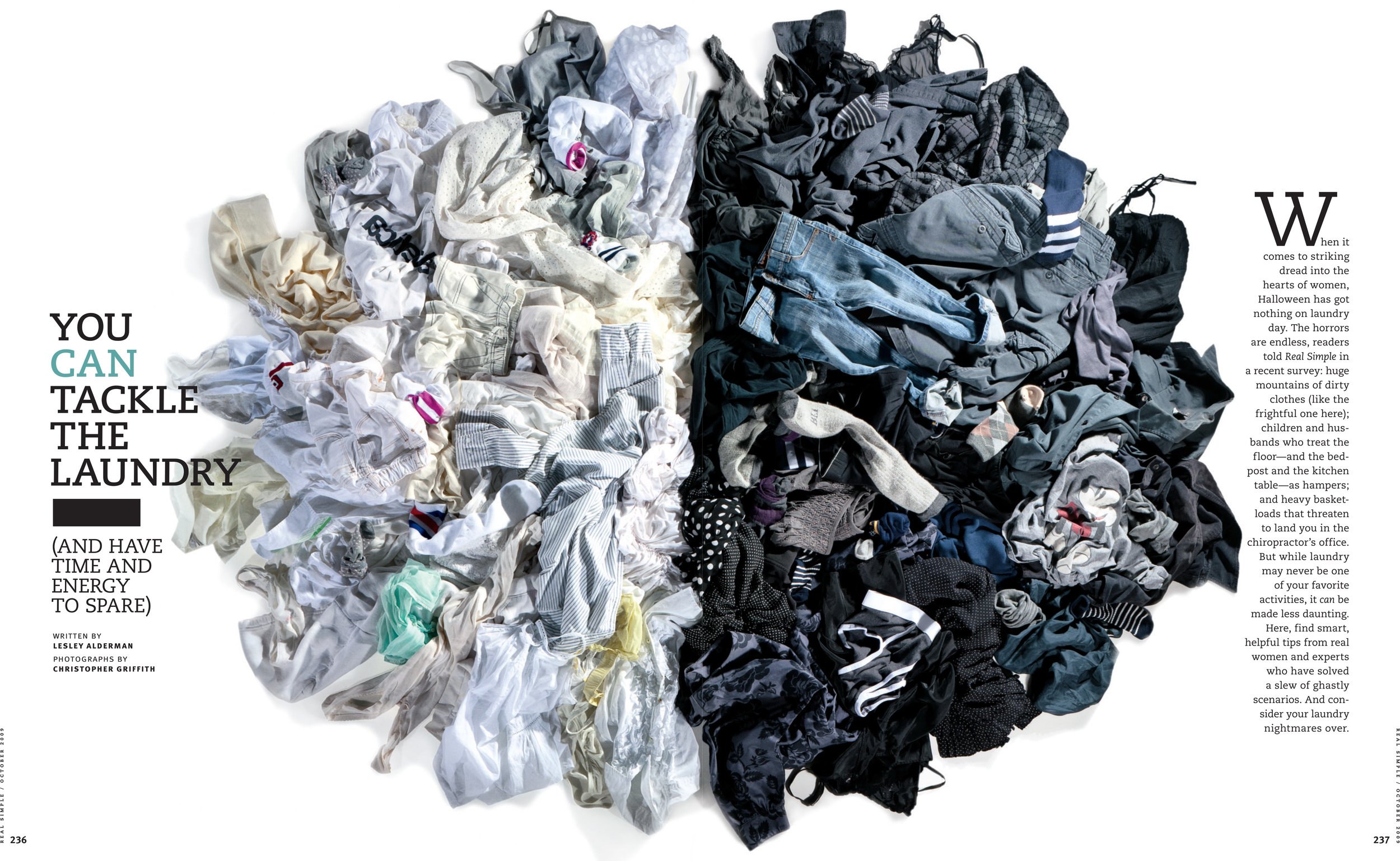
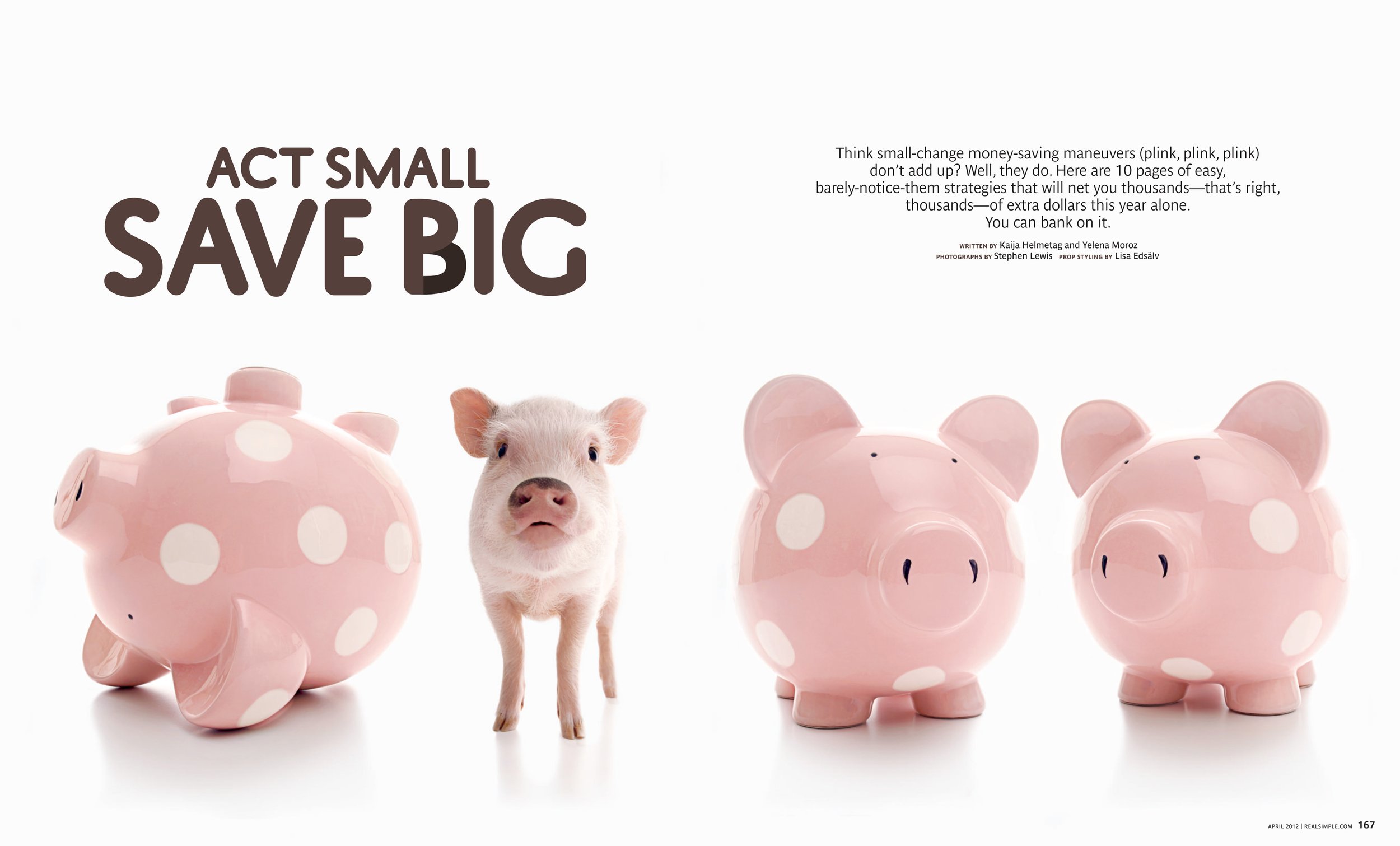
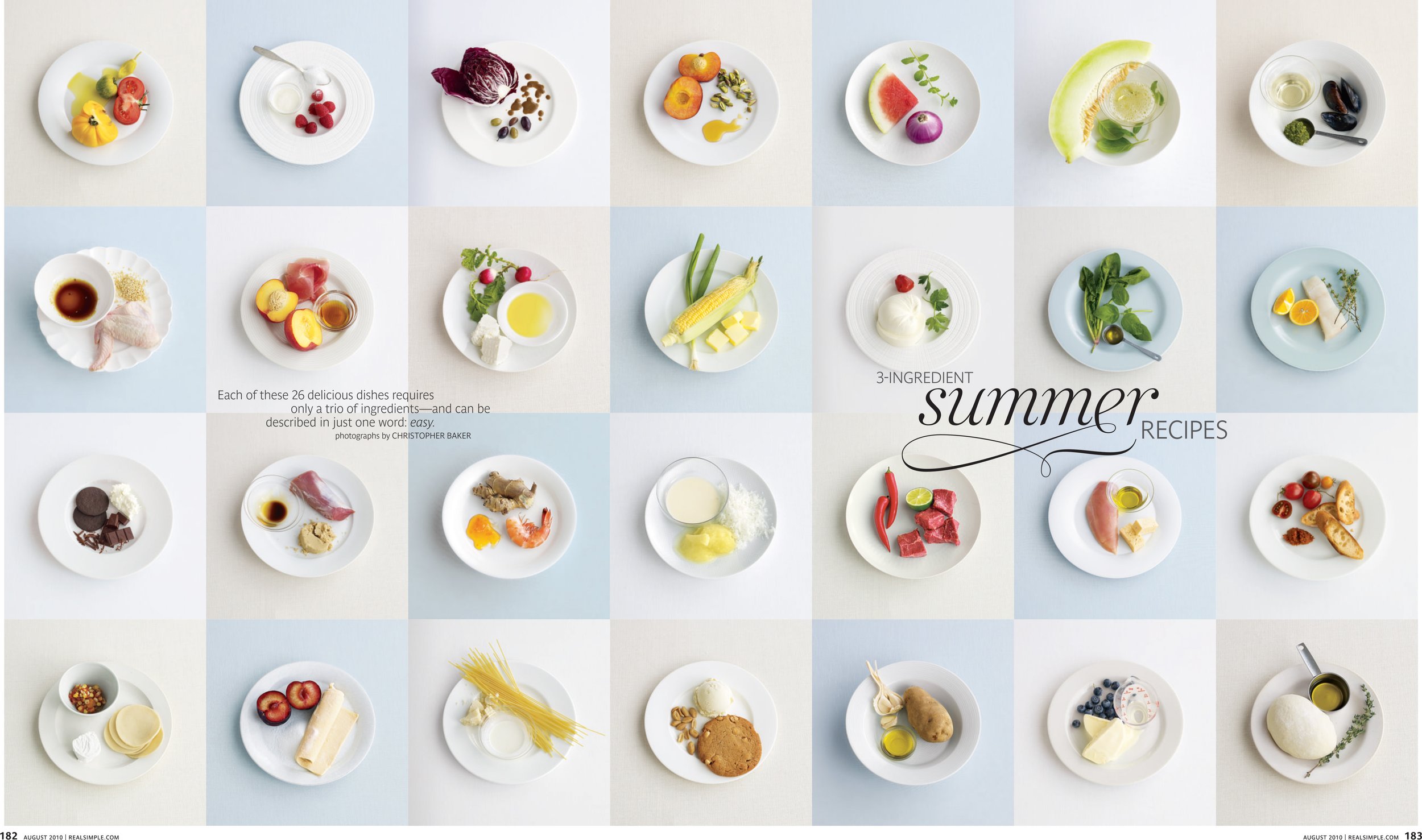
Patrick Mitchell: …I’m a rube from Texas. I didn’t get to New York till the ’80s, but, even then, Soho was pretty rough.
Janet Froelich: I never found it rough. I guess I was used to it. But if you got into a taxi and ask them to take you to Broome Street, or, uh, Mulberry Street—I lived on Mulberry, which was actually more Little Italy, in a factory building in a loft, but more Little Italy than Soho—but the cab drivers didn’t know where any of those streets were. Now you say “Broome Street” and they know exactly where to go. But the neighborhood evolved slowly. You know, I remember the first bar that appeared in Soho and the first boutique that appeared in Soho in the midst of cigar factories, and doll factories, and mannequin factories that proliferated, and rag factories. And the first loft that my husband and I lived in had a stencil on the elevator “Flexide Plastic Novelty Company.”
Debra Bishop: Are you still living in Soho?
Janet Froelich: No. I live west of Soho now. It’s sometimes called West Soho, but it’s also called Hudson Square. It’s pushed far enough beyond West Broadway to no longer really be Soho.
Patrick Mitchell: When you were in Soho in the ’70s and you were in the art world, that was like primetime Andy Warhol, Studio54. Did you get involved in any of that?
Janet Froelich: No, not in any kind of major way. Although I used to love to hang out at Max’s Kansas City. And he was there, as were a lot of other people. But for the most part I was in a sort of less cool group [laughs].
Debra Bishop: How would you advise young Janet to follow her dreams in 2022?
Janet Froelich: You know, I always told young people who came to see me, either with their portfolios or just to talk about careers, “Work for the most exciting person you possibly can. Don’t go for the money in the beginning. Go for the ideas, the talent, the brilliance. You want to work with good people.” So that’s first off. The second thing is, I don’t think editorial is, right now, a career with a lot of potential. There’s so few places to work any longer that I think you really have to kind of mix it up and work for different kinds of organizations and work for different kinds of designers to get a sense of where you can apply your craft.
“Work for the most exciting person you possibly can. Don’t go for the money in the beginning. Go for the ideas, the talent, the brilliance. You want to work with good people.”
Patrick Mitchell: I’m giving you credit for this because, from my memory, it happened on your watch. And I don’t think it could have really happened anywhere else. But over the years, at the Times, you’ve brought in a who’s who of incredibly talented future art directors, among them: Rem Duplessis, David Sebbah, Dirk Barnett, Gale Bichler, Joel Cuyler, Lisa Naftolin, Louise Straus, Chris Dixon, Michele Outland, Jennifer Pastore, Richard Baker, Catherine Gilmore-Barnes, Elizabeth Spiridakis, Scott Stowell, Andrea Fella, Emily Crawford, Kristina DiMatteo, Jeff Glendenning, David Armario, Christopher Martinez, Dragos Lemni, and Jeanette Hodge-Abbink. My God! At Heresies you were part of a collective. Can you talk about how you built your own design collective at the Times?
Janet Froelich: Well, it wasn’t really a design “collective,” but you know, when you put out a magazine like The New York Times Magazine, every single week, and you have to do a good cover every single week and create a good design and it isn’t formatted and you don’t want it to be formatted, you need good people to work with. You can’t do it yourself. And to run a department, you’re not even designing most of the time you’re coming up with ideas or figuring out which ideas work, and then pointing to somebody and say, “You do that.” So I knew I had to hire good people and it’s also spread out over 20 something years, 22, 25. I actually think it’s 25 years. So I looked for, and I was never afraid of, good people. I was never afraid to hire people who I thought were better designers, better thinkers, better commissioners than I was.
So I spent a lot of time looking at, and talking to, good designers and hiring them whenever I could. Sometimes they would just come in for a few months. And sometimes they stayed for a few years. Sometimes they were on staff, and sometimes they were freelance. And I loved it. I loved working with talented people. So I guess—and I think I’m a good collaborator. And I think I’m good at sort of setting people off in the right direction and inspiring them to figure out how to take the puzzle that’s The New York Times Magazine and make it their own. So I, very luckily and happily, got to work with a lot of wonderful people. Some of them were already established, great designers and some of them were at the beginnings of their careers. One or two just fresh out of school. It’s a big operation, you know, and weekly is hard. Weekly is 52 covers a year!
In 2006, Janet Froelich was inducted into the Art Director’s Club Hall of Fame, joining Cipe Pinelas and Bea Feitler. Ruth Ansel was inducted in 2011. On the ADC’s website, Gerald Marzorati, her former colleague at The New York Times Magazine, paid her the ultimate editor’s compliment: “She’s a journalist,” he said. “A journalist, doing with concepts and photographs and illustrations and type treatments what we editors do with words.”
BACK TO THE INTERVIEWS
Nice Guys Finish First
Illustrator: Playboy, The New York Times, Time, more
A conversation with designer Robert Newman (Details, Vibe, Real Simple, Entertainment Weekly, more)
To call designer Robert Newman “ubiquitous” might be an understatement. The entries on Bob’s resume are a name-droppers dream: The Village Voice, Entertainment Weekly, New York magazine, Details, Vibe, Fortune, and Real Simple. That’s enough brands for multiple careers, but Bob has worked on all of them—and quite a few others—in one lifetime.
And he’s still at it.
Despite all of the accolades, Bob is one of the nicest guys around. Those who’ve worked for him—and there are many—use descriptions like, “kind,” “supportive,” “mentor,” “constant,” “spokesman for our industry,” and “unwavering friend.”
Need proof? After a devastating injury in 2013 that put him in a coma for more than three weeks, Newman’s friends and fans rallied to raise tens of thousands of dollars to help pay for his mounting medical bills and treatment costs, and to help him support his family.
He’s a popular guy.
In 1998, along with Janet Froelich, Bob created the Magazine of the Year Award, given out annually by the Society Publication Designers, as its highest honor.
Patrick Mitchell: I would love to know about young Bob—”Little Bobby”—Newman. Where’d you grow up?
Robert Newman: Well, I grew up in a suburb of Buffalo. We actually lived in Larchmont also, because my father worked in New York for a few years, but mostly I grew up and graduated from high school in that Buffalo suburb.
Patrick Mitchell: Were your parents creative? Did any of what you would end up becoming come from them?
Robert Newman: My parents were very creative in their own way. My mother was a school teacher for many years, and my father worked for a chemical company as a purchasing agent. And to the extent that teachers are creative, I think my mother was always artistic on a certain level. But they never encouraged it in me.
Patrick Mitchell: Did you have siblings?
Robert Newman: I have one sister. She had career working for OSHA. A really great career.
Debra Bishop: What do you remember about the first moment that you realized that you were creative and that there was something special going on in your brain [laughs] that made you think that this was a career you might wanna pursue?
Robert Newman: Well, part of the problem was I was a terrible artist. I still am. I couldn’t draw. I was really uncreative in a traditional sense. Like I couldn’t think of things. I couldn’t draw. I couldn’t paint. I couldn’t, you know, make things. But what I always did was make posters. Even when I was little. And when I was a kid, my little sister and I would, when we’d go on vacations, we’d take all our toys and we’d put them all in the garage and we’d sell them to the neighbors. I would draw signs that I’d tack on trees and I’d take chalk and draw signs on the sidewalk that would say, “Come down and buy all this stuff.” And we’d sell all this crap—old baseball cards and comic books and dolls and stuff to our friends.
And then we’d get enough money so when we’d go on vacation, we’d have money to buy ice cream and whatever. So I always did signs and in high school I did signs all the time. I was a mad letterer. And I was the art director—although I didn’t know it was called that—of the high school arts magazine for two years when I was a junior and senior. So that was my first art director job.
Debra Bishop: I had the same experience like that. I knew that I loved typography and packaging, but I didn’t know what it was.
Robert Newman: I didn’t even know what an art director was. In fact, I can remember a friend of mine, after I’d graduated from college and went to work, he explained to me what an art director was. And I was like, “Oh really? They have people that do that stuff?” I had literally had no idea. And before I became an art director, I had about three or four other careers.
“Coming out of the ’60s, being involved in left-wing politics was cool. And in retrospect, I think that’s really where my interests in magazines and publications started because I was obsessed from early teens with the underground press and the left wing press. ”
Patrick Mitchell: Including political organizer.
Robert Newman: I did. I worked for a number of years as a political organizer.
Patrick Mitchell: Isn’t that what Barack Obama was?
Robert Newman: Yeah. It was kind of like that. I ran a food co-op in a small town in Ohio. We had a community organization that worked with low income people. In the early ’70s, there was a big recession and things were really miserable. Especially in the Midwest. We got a local farmer to donate 10,000 pounds of potatoes. We went to his farm and we loaded them on a truck and we drove the truck back and we put them in bags and then we put signs in all the bars and laundromats and churches. And the next day the people came and we passed out 10,000 pounds of potatoes to everybody, all the people in the community, which was great.
And that’s the kind of stuff we did. Then I moved to Washington DC and I worked on a political newspaper for about a year. I was actually the editor. It was a political group that was run by Dr. Benjamin Spock. And after that fell apart, I started working for the DC Statehood Party. That was a group of people that were organizing to get the statehood for DC. It seemed like it was close at hand back then, but it still hasn’t happened. And through that, I got a job in a local print shop. So for a year I worked as a printer in DC and that’s really where I learned to do pasteup and a lot of graphic design work as a printer.
Patrick Mitchell: Backing up, where did you go to college?
Robert Newman: I went to college in Ohio at a place called the College of Wooster. It was a Presbyterian religious college.
But I always did—going back to what Deb was saying—I always did signs and I always did lettering. And when I was in college, people would ask me to letter whatever… they would have bake sales or, you know, anything. I was always doing lettering. And people always knew my lettering. It was very distinctive. I still couldn’t draw, but I could letter like mad. I could just take a magic marker and fill up a big piece of board.
Debra Bishop: Were you like most kids growing up who were sort of artistically inclined? Was that how you got attention for being cool?
Robert Newman: [Laughs].
Debra Bishop: Your signs and stuff?
Robert Newman: No. I wasn’t cool. But what was cool back then, coming out of the ’60s, being involved in left wing politics. And in retrospect, I think that’s really where my interests in magazines and publications started because I was obsessed from early teens with the underground press and the left wing press. Like the Black Panther Party newspaper and The Village Voice and The East Village Other. And I was obsessed with those papers like crazy.
Portrait of Robert Newman by David Cowles
Patrick Mitchell: So you went from giving away potatoes to finally ending up in Seattle. How did you get to Seattle by the way? And talk about your experience at, I think, this was your first magazine job, The Rocket.
Robert Newman: Yeah. I got to Seattle because I moved out there in 1977. At the time, Seattle was the farthest possible place you could go. It was sort of like the “Go west young man!” kind of thing. Seattle had a good vibe back then. Everyone said, “It’s really cool out there.”
Patrick Mitchell: What were you trying to get far away from?
Robert Newman: At that point I wanted to do some kind of magazine or news, mostly newspaper. I wanted to do a newspaper like an alternative newspaper and they had a ton of them out there. I mean they had four out there at the time. They still had an underground newspaper out there. They had all kinds of stuff, and they had a really vibrant sort of alternative underground media scene. They had a Pacifica Radio station, and it was just a cool place. There wasn’t a lot like that on the East Coast. It just seemed like a place to move to where there would be a lot of opportunity. I was 23 and living was really cheap out there. Which also sounds pretty funny now.
Debra Bishop: Was that right after college or …?
Robert Newman: No, I spent a couple years in DC working when I did political work and working as a printer, and then I moved out to Seattle in my early 20s. And actually, The Rocket wasn’t the first place I worked, Pat. The first place I worked was an underground newspaper out there called The Northwest Passage. It was the last ’60s holdover. They voted on everything. Like, each page was designed by a different person, and they rotated. It was a collective and a different person designed the cover every issue.
And I kind of liked that idea. Then I worked on what they now call an alt weekly, but we didn’t use that phrase back then. It was a weekly community newspaper called The Seattle Sun. I started out as a production manager then eventually I became art director and it was, you know, like The Village Voice of Seattle. And at that point my dream job was to work at The Village Voice, which I eventually did. But I was really, really, really into working at a newspaper like that because it was so connected to the audience. And you would stay up all night and then you’d see the newspaper out on the street for sale the next morning and people would line up to buy it, and it was very exciting to see your work, you know, have that kind of impact right away. It was great. I loved that.
The great thing about working in a place like that is you would do like the worst thing and, and like everyone would forget it the next week. So it was great, you know, it was …
Debra Bishop: That’s a weekly … yeah …
Robert Newman: Yeah, yeah.
Debra Bishop: … where you can pound it out and, “Oh, gee, I may have like totally bombed this week… We’ll get…”
Patrick Mitchell: … “we’ll get ’em next week …
Debra Bishop: … Forget about it and move on.
Robert Newman: I mean, it would be so bad, and I’d be like, “Oh my God!” And then they would be gone in three days or something. And then you’d have a clean slate. It was great.
Patrick Mitchell: Then you ended up at The Rocket?
Robert Newman: Yeah.
Patrick Mitchell: Talk about what The Rocket was.
Robert Newman: Well, The Seattle Sun was always a marginally-run operation and it didn’t make a lot of money and it was rooted in the Seattle hippie world. And things were changing culturally, you know. Punk was starting and a bunch of us at the Sun decided we’d do a supplement called The Rocket, which was a rock ’n’ roll insert.
We started it and we ran it for six months. And the Sun folks hated us. So we bought it from them and started on our own in a run-down little storefront on Capitol Hill in Seattle. And it was great.
There weren’t a lot of good paying jobs in Seattle. It’s hard to imagine Seattle now—they have Microsoft and Adobe and Amazon. But back then, they didn’t, They had basically one job. And if you were an art director, there were no jobs. You had to make your own job. So The Rocket was us making our own jobs. And because so many of the people that started it were art directors, we had a rotating cast of art directors. Most of whom eventually moved to New York and did their own magazines.
Newman with his Seattle comrades (from left): Ron Hauge, Newman, Helene Silverman, Wes Anderson, Mark Michaelson, and Kristine Larsen.
Patrick Mitchell: To look at your bio on your LinkedIn page, I think it actually would be easier to list the magazines you didn’t work for than the ones you did. [Laughs].
Robert Newman: Well, the big problem, which you may or may not know—I don’t like to broadcast this fact—but every editor I ever worked for was fired after they hired me.
Patrick Mitchell: And not necessarily for making that decision?
Robert Newman: No. But I mean, every single one was fired. And sometimes fired, like the one at Entertainment Weekly was fired before I even got there [laughs]. Every single one: This Old House, Reader’s Digest, Fortune (twice), Real Simple, Vibe (she wasn’t fired, she quit), New York…
Patrick Mitchell: You know, you’re making an argument [laughs] that if I was an editor, I shouldn’t hire you.
Robert Newman: Yeah, that argument has been made, believe me. But, you know, it’s really hard to do a magazine without an editor who's a partner who you can work with and absolutely, you know, that’s the key and there’s different levels of that. Like, you can have an editor who just lets you do whatever you want. That’s the best, right? Or you can have an editor who’s, you know, a genius and inspires you or who’s an equal partner. I mean, any of those are good, but if your editor’s fired and you get a new editor, the odds are you’re not gonna be long for that world.
Patrick Mitchell: I read an interview where you said, and this is a quote, “I really like to move around. And I think most art directors would agree. You’re like a hired gun in a lot of ways.”
Robert Newman: That’s true. I do like to move around. I had two sort of dream jobs that I wanted to do. One was the Voice. And I did that for a long time. And the other one was Vibe and I did that, too. And besides those two, there were lots of really great jobs, but I have a pretty short attention span and I’m interested in a lot of stuff. And I liked that. I worked on a business magazine, a women’s magazine, an entertainment magazine, an urban fashion magazine, and an older person’s magazine. You know, I like the challenge of trying to adapt your visual storytelling skills to different audiences and try and get inside their heads.
I think the one thing is, I generally worked at places where I had an affinity for the audience. Vibe was the hardest one where I was most out of tune. Although the kids there really helped me a lot. But at each place I worked, I was really in the demographic of the magazine. So it wasn’t that much of a stretch. All I had to learn was the lexicon of what they were dealing with.
But part of it was too, I think it was sort of a challenge. You guys know this and we get this all the time. People would say, “Oh, well, you do women’s magazines. You can’t do Fortune.” You know, “You do entertainment magazines, you can’t do a fashion magazine.” Well, that’s not true. I think there are some people who have affinity for certain styles, but most good art directors I know, man, they can do anything. I mean, Deb, you may or may not have experienced this because you came up in women’s magazines. But for years that was used as an excuse to keep women from working at other kinds of magazines.
Debra Bishop: Absolutely. Absolutely. Totally. You know, I totally concur. It is hard for me to jump out of women’s magazines. Although, you know, I got my start in editorial design at Rolling Stone…
Patrick Mitchell: …Hard because of other people or hard because of you?
Debra Bishop: It’s harder to jump. You just don’t get those opportunities. You know, you don’t get a sexy job. And I think most women have the same problem. You don’t get a sexy job that’s about men’s fashion or, you know, because you’re a woman. And you can try, but it’s much harder to jump when you're a woman out of the women’s category.
Robert Newman: And that holds true for other genres too. Like, you know, I think people that have done hip-hop magazines would face the same kind of prejudice. I think trying to move to something like Fortune.
The Details art department (from left): Zoe Miller, Marlene Szczesny, Ronda Thompson, Newman (standing, rear), Alden Wallace, Markus Brown, and John Giordani.
Debra Bishop: You’ve worked with so many different editors. Is there one in particular that was your best partner or somebody that you worked really well with?
Robert Newman: I worked with Kurt Anderson twice, but only, unfortunately, for six months each time. Once because he was fired. And once because we folded. I worked with him at New York and I worked with him at magazine called Inside. That was part of the Inside.com. He was great. He was definitely one of the best editors.
The good editors, there’s lots of aspects of a good editor. And, as far as I’m concerned, the most important aspect is attracting talent, and keeping the talent happy, and making the magazine a community of joyful work and collaborative feeling. To me, that’s the number one key. And if he or she does that, then everything else is great. And Kurt was the best at that. At getting people in there, letting them do their thing and building this community of like really super-talented people.
The editor I worked with at Entertainment Weekly, Jim Seymour. Same thing. He was amazing. And he was another one who wasn’t threatened by young, talented people. He brought in young, talented people of all kinds and let them do their own thing. There’s this famous quote—which I’ve repeated many times—we were having this big argument about the cover one day in his office early on when I’d only been there a couple months. And he said, “Bob, this is how it works. You can do whatever you want inside the magazine. I trust you. You can do whatever you want to anything, but the cover is mine and you have to listen to what I tell you.” And I thought, “That’s genius.” You know, ”I can deal with that.” I want an editor like that, who has that kind of level of trust, but also who’s smart enough that I’ll say, “Okay, I trust you on the cover.”
I’ve had others too. I don’t want to leave any out, but there there’ve been plenty of others. Michael Caruso, who I worked with a few times. I worked with him at Details and at some other places, he was also really great. It’s really all about the editor. And you guys know that when you see a magazine where there’s this renaissance and the magazine is rocking and it looks great, start with the editor. Because in most cases you can’t do it without that person. And there has to be this insane level of trust so that when you pitch something, you’re not afraid to pitch it, no matter how crazy it is. And they’re not afraid to say, “Okay, let’s try it.” And at the same time, when they shoot you down, you’re not pissed off and go start stabbing people with an X-acto or something, you know?
Patrick Mitchell: Uh, tell our young listeners what an X-acto is [laughs].
Robert Newman: [Laughs].
Debra Bishop: … a blast from the past! [Laughs].
Patrick Mitchell: Michael Caruso was your editor at Details, right?
Robert Newman: Yeah, yeah, yeah.
Patrick Mitchell: So Details was, I think the first place where I became aware of you. I actually used to buy Details before you did it. If I recall correctly, it was a black and white magazine printed on sort of cream-colored paper.
Robert Newman: That was back in the day before Condé Nast bought it. And then Condé Nast started running it, and they had a series of really talented art directors.
Patrick Mitchell: The work you did there, I would say it’s the first time I really had an appreciation for the process of a redesign. You had a concept that involved the inspiration of Blue Note Records. Talk about what your process was to get to that look.
Robert Newman: Well the thing about Details—and I loved what we did there—is it’s the classic example of how you really need a collaborative team all around to really make it work. We had a brilliant photo editor, Greg Pond, who was just amazing. And we had a brilliant fashion director, Derek Prokope, who actually had worked at Vibe before he worked at at Details. And we had Michael Caruso, who was really supportive and we could go in and just pitch anything and he’d go, “Yeah, that sounds cool.” And the staff was young and talented and deep and diverse. All of that helps, you know. It was definitely one of the most diverse places I worked except for Vibe. Maybe were you up for that job? Everybody was up for that job.
Debra Bishop: I certainly wasn’t [laughs].
Robert Newman: I know a few people who were up for that. Anyway, Michael was like, bless his heart, he cast a wide net and he made everybody do a pitch. It was very corporate. And if you were up for it, Pat, I wouldn’t be surprised. And I went in and just did this pitch and, you know, remember those Blue Note books had just come out?
Patrick Mitchell: Yeah. Big, album-sized books.
Debra Bishop: Yep. I have them.
Robert Newman: They were paperback, album-size books. To tell you the truth, it’s not like I was a student of that stuff. I’d never heard of it until I saw those books. And suddenly I was like, “Oh my God, I could do this.” And that was always one of my things. In fact, Pat, you come into this because I used to always look at stuff, and you were one of the guys I used to look at and go, “I could almost do what he’s doing. It’s, like, in my world.” And so when I looked at Blue Note, I looked at that stuff and I thought, “I could do that.” And it kind of happened. It’s kind of Ocean’s 11 kind of that stuff, lounge-y stuff was really in back then in the later ’90s.
Debra Bishop: It was in the air.
Robert Newman: Yeah, yeah, yeah. So we pitched that to Michael and he went for it and, fortunately, Greg Pond and Derek Prokope, they really went for it. They just delivered these pictures and fashion spreads that were all about that.
Patrick Mitchell: Yeah. A lot of people might have had that same inspiration from those books, but they would’ve applied it to the wrong place. It was perfect for Details.
Robert Newman: Yeah. And then, of course, Blue Note came and threatened to sue us if we didn’t stop [laughs].
Patrick Mitchell: Wow.
Robert Newman: We did four issues. So we sort of had to pivot a little bit and we got into this, “We’re influenced by this, let’s be influenced by that.” So we started being influenced by a little later stuff like Saul Bass stuff and ‘60s hipster stuff.
Patrick Mitchell: But all in the same world.
Robert Newman: Yeah, yeah, yeah.
Debra Bishop: If we want to get more granular about that kind of thing, what is your favorite part of making a magazine? And your least favorite?
Robert Newman: I really like working on the covers when I have that kind of freedom to work on them. Unfortunately, and this is not a criticism of any particular magazine, but the kind of freedom that one has these days is much more limited by commerce and a lot of other things. I used to really like coming up with covers that really connected with people back in the day when we actually sold magazines on newsstands—and sold a lot of them. We did a lot of cover testing. I really liked that a lot. When I worked at Real Simple and at Cottage Living, we did a lot of cover testing. Both coverlines and cover images. You probably did a lot of that, Deb.
Debra Bishop: Oh yeah. So is it the stuff related to business that you like the least? The conceptualizing that you like of the covers, and the drudgery of coverlines that you like the least?
Robert Newman: It doesn’t bother me. In fact, I’m usually the one who’s arguing for more coverlines, because I like to really trash it up. What I like about the cover is—what I really like about magazines in general is—I like the work that connects with people and that really opens a communication with them. That’s always what I liked about it. When you, as a visual storyteller, an art director or creative director or whatever you wanna call it, you’re really opening up this conversation, a visual conversation. But it goes beyond that with people directly. And you know, it wasn’t about selling copies because I wanted to make money for Time, Inc. I could have cared less. It was about reaching as many people as possible.
When I worked at The Village Voice, what I used to like to do is go down and walk around and look at the newsstand on Wednesday morning and just stand there and watch people buy it, and see how they reacted to it. I really enjoyed that part of it. Whatever part of the magazine touches on that is my favorite part.
I would say my least favorite part is, I don’t know. I just don’t work that well with editors [laughs].
Debra Bishop: I think the majority of art directors would say the same thing.
“As a visual storyteller, an art director or creative director or whatever you wanna call it, you’re really opening up this conversation, a visual conversation. But it goes beyond that with people directly. It wasn’t about selling copies because I wanted to make money for Time, Inc. I could have cared less. It was about reaching as many people as possible.”
Patrick Mitchell: I read a lot of stuff about you, you know, I try to be as prepared as possible. In Mediabistro, Greg Lindsay, who really loved covering magazines, wrote that there is no such thing as a Robert Newman “look.” And I think he’s right. How do you think about that?
Robert Newman: Most of the places I worked, I inherited pretty strong visual directions. They already existed. When I went to work at Entertainment Weekly, I inherited a design by Michael Grossman. That was just superb, sublime. And a lot of places, rather than redesigning, I just kind of developed a look based on the DNA of what was already there. I’m not that original of a designer, I have to tell you. It’s just not my thing. That’s not my strong suit. I think Details was a rare case where we came up with something really original and threw everything out. But usually I don’t.
And I’ve also had a lot of really strong number two designers, art directors, and have deferred oftentimes to their skills, because they just had way better chops than I did. When I worked at EW first, J. Armus, and then George Karabotsos, and Michael Picon, and Joe Kimberling, and Florian Bachleda were my deputies, and I just couldn’t touch their chops. I just let them run with it and I had no problems with that.
Patrick Mitchell: And you could make the argument that having a look is kind of lazy because I think you’re right. I mean the whole thing from the time you learn design is to design something specific to the audience and to the DNA of the magazine.
Robert Newman: I think I have a look. I think my look, with the exception of—now my look is much simpler—has always been basically simple and at times I’ve been influenced by all the stuff you guys did at Rolling Stone, Deb. That kind of skeuomorphic design that you guys did so well. I have to control myself to not go there, because I find it so alluring. It’s like a drug, you know?
I think my own look, if there is a look, tends to be simple and big and bold. But a lot of times, people didn’t want that. People wanted—I’m sure you had this, Deb, when you left Rolling Stone, and I had it when I left Entertainment Weekly—everybody wanted Entertainment Weekly after I left Entertainment Weekly, and you know, I didn’t want to do it because it wasn’t really inherently my thing. But they all wanted it. I’m sure you, Deb, after you left Rolling Stone, everyone wanted you to be Fred Woodward, Jr., or something.
Debra Bishop: At times. And I think it wasn’t always appropriate.
Robert Newman: Yeah.
Debra Bishop: It had its own life at Rolling Stone and not appropriate for a home magazine, for instance, that should be more photography-driven. So that was a bit of a weird thing for me.
Robert Newman: It’s funny when we talk about styles. I was looking through some old magazine stuff to study up for this and, you guys know this, so many magazine styles get so dated so fast. And we all have our embarrassing moments. All you have to do is go back to the ’80s and you’ll see a lot of really embarrassing moments. And like in the ’90s, once desktop publishing started. But you try to find styles that are timeless. I have to say, both of you guys are really geniuses at that. And I really admire both of you because when I look at your old stuff, it looks like it was done today. And it’s timeless. Not a lot of people can do that. And the magazines when I look back at the archive, you cringe when you look at them you go, “Ugh.”
Debra Bishop: Sometimes I cringe [laughs].
Robert Newman: You might cringe. But most of it you don’t. You have timeless stuff and if you can get that sort of timeless look—I think that’s really what defines a great publication designer—that from beginning to end, they don’t look like they were trendy at any point. They just look like they stayed true to themselves and their look was unique and original and worked from beginning to end. And that’s what defines a great designer. I’m not at that level. I have to say, I’m just a copycat. I’m just a stylist. And I’m proud. I can copy anything, and I like to copy [laughs].
Debra Bishop: Okay. It’s time to close your eyes and think about Bob Newman. Where are you sitting? (Of course I can see where you’re sitting). [Laughs]. What are you doing? What are working on?
Robert Newman: At this moment in my life? What am I working on? Well I’m working at home. I’m doing all my work remotely now. And I have been for the last two years. I’m working as creative director of This Old House magazine and, theoretically, I’m also directing a bunch of digital stuff that they do. But I think I can safely say I don’t love doing that. And I try to delegate as much of that as I can.
Debra Bishop: I had a question that we kind of skipped and maybe this is a good segue into it, in that I’m trying to do digital now, too. And I’m just wondering, you know, how you feel about that. What makes is a good UX designer? The same as a print designer? What are the differences?
Robert Newman: That’s a good question. I think print designers have something really unique and that’s that they’re editorial designers and they think holistically about the content and the design. They’re visual storytellers. I’ve used that phrase before, but that’s what they are. And they’re also curators, which is what you learn when you work in a magazine. And they’re also very functional and that’s where they intersect with UX, because UX is obviously all about function. And my problem with UX is that there’s no art. It’s all commerce and function. And there’s nothing wrong with that. It’s just that I don’t want to do that. And also with UX, it’s very scientific and there’s nothing wrong with that, either.
But what I like about magazines is that periodically people get a chance to expand the envelope and expand the language and expand the way people think, and you can be noticed. But the thing about UX is, you’re not supposed to be noticed. And I’m sorry, but I'm an egotistical asshole, you know, and I wanna be noticed [laughs].
Debra Bishop: That gets back to the “being cool” thing…
Robert Newman: I wanna be noticed. And not only that, but I want…
Debra Bishop: …You do like to be cool. And it is something special to have people see your work and love it. It’s wonderful to work on a visible project…
Robert Newman: But it’s not only about me. It’s about wanting to—and this probably goes back to my whole, you know, my little political career, which wasn’t that successful—it's about wanting to impact people. And I think one of the things about magazines is that the visual people in magazines tend to be more socially conscious and empathetic. And they care about stuff. The art directors and photo directors and production people and artists and illustrators and photographers—they care about things and they care about people and they want the world to be a better place. And the work that they do, ultimately, most of them want their work to contribute to a better world on whatever level that means. And you know, that was always why I liked working at magazines. Partly because you can make the world a better place. I don’t see UX design doing that. I think it makes people money and that’s fine. You know, that’s why I don’t have the future in that field—as my boss constantly reminds me [laughs].
Patrick Mitchell: I don’t want to expand on my feelings about UX and the whole digital thing, because…
Debra Bishop: That could go on all night!
Robert Newman: [Laughs] No, I mean, I think the thing about UX that’s interesting to me is it’s problem solving and it’s functional and you know, so it’s…
Patrick Mitchell: But it’s not magazine design. And it’s not even really creative either.
Robert Newman: No, it's not creative. It’s more technical.
Patrick Mitchell: It makes me mad. And when I get mad, I swear. And I want to talk to you about swearing, because it’s a fundamental skill in the magazine business.
Debra Bishop: We haven’t heard any swearing yet!
Patrick Mitchell: Not enough!
Debra Bishop: Yeah! [laughs].
Patrick Mitchell: Do you have a preferred swear? Is there a greatest swear you’ve ever heard?
Debra Bishop: Are we gonna get censored?
Robert Newman: Well, here’s the thing. I worked at The Village Voice and I worked at Vibe, so I heard a lot of curse words. But since working at Real Simple and I worked at AARP and Reader’s Digest and This Old House … you can see where I’m going with this, you guys. Not only were these magazines where the readers were older and the environment was more sedate, but they also were predominantly female staffs. I’ve had problems with anger, believe me, at work. And I try not to be that guy who curses, you know? And so I didn’t curse.
Patrick Mitchell: Hey, I learned everything I needed to know about cursing from a woman who worked for me, so…
Robert Newman: I just don’t, I mean…
Patrick Mitchell: Trust me, it’s not a gender thing.
Robert Newman: I have two kids, you know. I’m still shocked when they curse in front of me. And listen, I’m all for putting curse words into the magazine.
Debra Bishop: Well, there must be some expletive there that you like to use.
Patrick Mitchell: Yeah. What’s your favorite?
Robert Newman: My favorite curse word?
Patrick Mitchell: Yeah, what’s the one that comes most naturally? Mine’s “motherfucker.”
Robert Newman: Well, yeah, that would probably be mine, too. [Laughs].
Patrick Mitchell: What’s yours, Deb?
Debra Bishop: I don’t know. I’m sitting here trying to figure out what it is.
Robert Newman: She’s Canadian. They don’t curse.
Debra Bishop: I have a lot of funny sayings that I’m sure drive people crazy, like, “Oh, you wrecked it!” I have to say I probably prefer the “F-word” because people aren’t expecting it to come out of the mouth of a, you know, a little girl from Canada.
Robert Newman: And also [laughs] the acceptance level of curse words has expanded so much that really the “F-word” is the only one that’s left because, I mean, everything else is printed. I think that The New York Times, except for The New York Times for Kids, The New York Times probably prints every word imaginable.
“Visual people in magazines tend to be more socially conscious and empathetic. They care about stuff. They want the world to be a better place. And [they] want their work to contribute to a better world. I always liked working at magazines because you can make the world a better place.”
Patrick Mitchell: Swearing serves its function [laughs], but prevailing wisdom says we learn from our mistakes. What is the biggest mistake you’ve ever made at work?
Robert Newman: Probably the biggest mistakes were not hiring somebody. But you don’t mean like that. I think there were a few times I should have hired somebody that I didn’t, and I’m still really embarrassed about that.
Debra Bishop: Now that we’re really getting into the nitty gritty, you can’t have been in this business for that long without being fired, right?
Robert Newman: Oh, I was fired many times.
Debra Bishop: So what’s your best “getting fired” story?
Robert Newman: This goes back to Michael Caruso. I owe this all to Michael Caruso. When I was hired by him at Details, he said, “Dude, you gotta have a severance letter.” And I was like, because I was an art director, “What is that? How do you do that?” And he said, “Look, I’ll show you how to do it.” So he showed me. And then I had a severance letter. So [laughs] after that, you know, Condé Nast bought my weekend home when they fired me, which was great. And then when Fortune fired me, that sent my first kid to college. I got severance three or four times.
Having severance was great. But I don’t have it anymore, unfortunately [laughs]. I mean, I’m joking about it, but I also think it’s really good. You shouldn’t have to worry if you get fired. You shouldn’t go through life having to worry, “Oh, I’m going to get fired. What’s going to happen to my kids? My house?” If you have severance you can just do your job. And if they don’t like you they fire you and you’re fine. And you have a cushion and, and that’s the way it should be.
Patrick Mitchell: Yeah. I’ve never heard of a sort of proactive-preparation-for-getting-fired letter.
Robert Newman: Well, you just have a severance. They fire you, you get, whatever, six months…
Patrick Mitchell: But you write this long before you get fired?
Robert Newman: Yeah. That’s part of your deal when they hire you. That world doesn’t exist anymore.
Debra Bishop: Yeah, exactly. I haven’t been fired, but I’m wondering, in this climate, do you feel like people are constantly worrying that they’re going to be fired?
Robert Newman: They should be. Yeah. I would. I worry about it every day. I mean, it’s never pleasant to get fired. And I had a combination of my magazines folding and getting fired.
Debra Bishop: But a magazine folding isn’t really getting fired.
Robert Newman: Yeah. But it helps to get severance when it folds [laughs]. That’s always good.
Debra Bishop: Yeah, exactly. But getting fired is like, “Nope, we’re moving on.”
Robert Newman: You know how it goes. Well, you don’t Deb, if you haven’t been fired, but generally they fire you on a Thursday. That’s pretty common. And they call you in and they say, “I need to have a meeting with you.” And you walk in, and if you see the HR person there, you know where this is going. Oh boy, you know.
Patrick Mitchell: In 2013, you suffered a traumatic head injury that put you into a coma and on a respirator for almost three weeks. Can you talk about what happened?
Robert Newman: Well, I fainted. I was on a trip with my daughter and I fainted and hit my head and I suffered brain injury. And I had a seizure. And so, yeah, you’re right. I was a coma for almost three weeks.
Patrick Mitchell: Did you just go out cold at that moment?
Robert Newman: No, actually I passed out and hit my head and then I woke up and then they came and put me in an ambulance and I passed out before I got to the hospital.
Patrick Mitchell: Where where were you working at this time?
Robert Newman: I was a freelancer actually. I’d been fired by Reader’s Digest and I was freelancing.
Patrick Mitchell: So this is the worst possible moment that something like this could happen.
Robert Newman: Yeah. Fortunately I had insurance though. My insurance was still going.
Patrick Mitchell: And you had two young kids?
Robert Newman: Two young kids. Yeah. And I was a single parent because I was separated from my wife.
Patrick Mitchell: So three weeks in the hospital without waking up.
Robert Newman: Yeah. In fact, Scott Davis at AARP sent me an old, moldy copy of Fortune from the ’30s with a note saying, “Put this under Bob’s nose while he’s in his coma, and the smell of the magazine will bring him back.” They were putting this old Fortune under my nose while I was laying there [laughs].
Debra Bishop: It was inspiring to see how the community rallied to your aid. How are you now?
Robert Newman: Well, I’m pretty good. I’m at the age where I don’t want to complain about any health things because I know people that are no longer with us, so I’m just happy to be here. And people were really super. I mean if I hadn’t gotten that kind of support, I don’t know what would’ve happened, because my kids were both in school.
My Favo(u)rite Magazine was part of a fundraising effort to support Newman and his family after he suffered a devastating injury in 2013.
Patrick Mitchell: And this was really before things like…
Robert Newman: It was the early days of the kind of GoFundMe thing. In fact, I don’t think GoFundMe even existed. I had no idea. I forget who put it together. It was probably Michael Grossman. He was involved. And Jeremy Leslie was involved. And Jill Armus.
Patrick Mitchell: As terrible as the injury and the tragedy and the situation you were in, it must make you feel so good that so many people thought so highly of you that they rallied to help.
Robert Newman: It was pretty amazing. It did. It made me feel great. It was really touching and there was a lot of love. People freak out—I experienced this when I was younger, in my 20s. I had a life-threatening illness. And people freak out when people their age are close to death. When you’re younger, you just don’t expect your contemporaries to die.
Patrick Mitchell: It is shocking.
Robert Newman: When someone your age—one of us—gets really sick, it’s shocking. I mean, I’m not diminishing what people did, but it's shocking. It’s like a shock to the system. But I love what they did. It was just great.
Patrick Mitchell: And it wasn’t just in this country. Didn’t Jeremy Leslie at Magculture put a fundraiser together in the UK?
Robert Newman: Yeah. And it’s the best kind of tragedy, where great art comes out of tragedy. They put together a magazine called My Favo(u)rite Magazine that was a collection of people’s favorite magazines from back in the day. It was great. It was a great piece of art and they collected a ton of money. I mean, I can’t tell you. And I had no money. I was living like a freelancer. You know how it is: paycheck to paycheck, basically job to job. And I couldn’t work. It wasn’t so much being in the hospital, but I couldn't work because I couldn’t walk. I came out and I was in a wheelchair and I couldn’t work for about a year afterwards because my brain was so messed up. (And it still kind of messed up, to be honest). I’m not looking for sympathy.
Debra Bishop: But I’m sure that there are some challenges coming back—and the fight to get back to work and feel somewhat normal.
Robert Newman: Yeah. It took a while. It definitely took about a year. At the time I was working with a partner, Linda Rubes, who was both my life partner and also work partner. And I would try working on projects and she would say, “You know, you’re not, you’re not there.” Like, you know, “You can’t do this, you know?” And I just couldn’t. When you have a brain injury, you just can’t get to that place that you want to get to. It’s hard to explain, but I just couldn’t sustain work for a really long time. It was great that people helped me out. It was so great. So amazing.
Patrick Mitchell: Can you mark the point where you felt kind of back to normal?
Robert Newman: When I got hired at This Old House, which was about two years or so after my accident. I couldn’t do freelance. It just was too hard for me. I just couldn’t focus on it. I needed to be in an office with people and to have a rhythm to get back into. And when I started, this was maybe about two and a half years after, when I started working that saved my life. I mean, besides the everyone chipping in, that really saved my life. Going to work when Scott, who was the editor, hired me at This Old House, that just saved my life.
Debra Bishop: Bob, I think the first time that I actually met you was at SPD. You were running Magazine of the Year and I was doing Martha Stewart Baby. How many years have you actually been running MOTY at SPD? And what’s that been like and how has it evolved?
Robert Newman: Well, we started it, I think, when I was at Details and Janet Froelich from The New York Times Magazine and I were the co-chairs. It was probably like, SPD … I wanna say 33 maybe? And they’re up to 57. So it’s been that many years. It’s 22 years.
Patrick Mitchell: You were there at the beginning.
Robert Newman: Janet and I thought it was odd that they didn’t have kind of a finale, drumroll kind of moment at SPD. They just gave the awards and then everyone split to start drinking and stuff. And we wanted to have a “love bomb” at the end. Like, “And now…” You know, the grand finale. And we thought “This’ll do it: Magazine of the Year!” It meant a lot more back then than it does now. And I think it worked. Over the years, I think, generally the right magazine has won. It’s been their time when they’ve won. I mean, obviously with any awards, there’s problems. People have a beef with it. But in general it’s been a great acknowledgement of who's just the doing the star work that year.
And I mean, I’m always happy. It's really been a great award and a great acknowledgement. I don’t think it’s changed that much, Deb, when I think about it. The biggest problem has been that it’s dominated by the same 10 magazines or 10 art directors. Right? But you know, that’s the case with all awards. And the one thing that changed is, a few years ago we expanded to Brand of the Year. And given the nature of publishing, we’re trying to make BOTY the ultimate award and MOTY is now the second biggest award.
Patrick Mitchell: It’s hard to argue with the fact that the magazines that win the most awards do represent the best work being done. I mean, you have to think about the people who can’t afford to enter.
Debra Bishop: I don't think there is another award for art directors, the head of the magazine team, I don’t think there is an award that has really ever meant so much. I know it has evolved and BOTY is now a reflection of what we all do, which is not just print, but Instagram or whatever is needed to put that brand forward.
Robert Newman: One more thing I wanna say about MOTY. In the way we do the judging, it’s always been the only category that all the judges vote on. Most judging is compartmentalized, whether it’s SPD or any other place, where small groups of judges vote on different categories. But for MOTY, every judge, and it’s a really diverse group of people, gets to vote. So, I think it’s really representative of—like you were saying, Pat—it’s sort of where people are at. Like people respect this magazine this year and that’s the one they vote for.
Patrick Mitchell: But it’s interesting to think about the relevance of design in this world. You’re right, a small group of people are doing great work, but what does that say about the business? That creativity is not that important at most magazines?
Robert Newman: It’s a weird dynamic right now because there are magazines and publications, I think, that are doing the most brilliant work that’s ever been done or that they’ve ever done. I really feel strongly about that. For example, The New York Times across the board is just operating at such a brilliant level, from front to back, that no one has ever been at. It’s just such a brilliant fusion of edit, and visuals, and photos, and art and design. And then when you drill down to the Kids thing that Deb does, and the magazine, and the special sections that they do, and the awareness that they have. The special At Home section they did during the peak of the quarantine that sort of replaced the Travel section. I think it’s just genius.
And they’re not afraid to experiment. It’s just amazing. They’ve never, nobody's ever been at that level. And New York magazine has been operating at that level for years. And every time I look at it, I think, “Oh my God!” The stuff that Tom Alberty and Jody Quon are doing is just like, whoa. And they do it every—now it's every two weeks—but still, like over and over and over again. They’re redefining what they do. And at the same time, doing really provocative covers that lots of other people can’t do. It’s phenomenal. And The New Yorker too, I think, has been operating at that level. And some others, you know, like Bon Appétit. I think Michelle Outland is still there. I mean, just, whoa.
“There are magazines that are doing the most brilliant work that’s ever been done [right now]. The New York Times is just such a brilliant infusion of edit, and visuals, and photos, and art and design. It’s just genius.”
Debra Bishop: Yeah. She’s not there anymore, but yeah, she was amazing.
Robert Newman: I mean, just mind-boggling. And, I think he left, too—Emmett Smith at National Geographic—that magazine’s never looked better. There’s a lot of people doing really skillful work at a technical level I could never imagine doing. It’s very technically skilled, but they just don’t have, in many cases, they don’t have the palette. They just don’t have the runway to do what’s needed. And, by the way, they also don’t have the editors they need.
Debra Bishop: Yeah. I think a lot of it has to do with support. And support for print. It can’t just be “everybody’s moving to digital.” That’s clear, but let’s do what we can with what we have.
Robert Newman: Obviously, the magazines I mentioned, what distinguishes them is they have brilliant editors. They have editors who are giving the support and the inspiration. The other thing that’s missing now, unfortunately, is you don’t have those launches anymore. You just don’t have launches. I say this with a lot of respect, but the most exciting launch this year was the pickleball magazine that Jill Armus did. And that’s great. I mean, genius. She’s the best, but it used to be there would be like THIS magazine, and THAT magazine, and THIS magazine launching. Or somebody would do a whole rebrand, like we did at Details. Like you were talking about earlier—a whole revamp. That stuff just doesn’t happen anymore. And it’s not a criticism of the art directors because those art directors that are working at places like Fast Company or Good Housekeeping, they’re doing genius work. But they need editors and runway. You’ve got to have an environment. Magazines do not exist in the vacuum. They exist as an expression of the culture that they come out of. But they’re just a business now. They’re just trying to make money and survive.
Debra Bishop: Yeah. I think that a lot of the digital products you end up in like a website or even an app, there’s this push to make us all just “box fillers. Just fill that box.” And that’s it. I don’t feel like I’ve been working in that kind of environment or been working that way. I’m thinking about much more than just what goes in the box.
Robert Newman: This is the challenge that we were talking about earlier. How do you get young people into this field when there are obvious limitations? And another limitation is the entry-level jobs just aren’t there anymore. I don't know how you guys started out, but I didn't start out art directing Entertainment Weekly. I moved up the ladder, and so many people I know started out in production. I mean, Wyatt Mitchell, who you guys know, he became the creative director of The New Yorker. He worked with me as a production guy at Details. You know, you had all those entry-level jobs so people could get in and learn the trade. The craft. Those jobs don’t exist anymore. There’s no more production department. There’s no imaging department. There’s no more copy department for editors.
That’s why you have the editor problem. You used to have half a dozen junior editors who were all really smart and competing against each other. They’re not there anymore. You don’t have that entry-level thing. And just to extend that, you don’t have those—like you guys, you both worked at music magazines, I did too—places where you could start out and have a lot of freedom. Musician magazine, Pat, how many people came through there? [John] Korpics, and you …
Patrick Mitchell: David Carson…
Robert Newman: Dave Carson, Gary Koepke. Those magazines don’t exist anymore. The altweeklies that I came out of. They don’t exist anymore.
Debra Bishop: That sort of artistic outlet for typography and conceptual art doesn’t really exist. It’s a different world.
A sampling of miscellaneous Newman projects.
Debra Bishop: Bob, you’ve been at this a long time. How have our jobs as art directors, creative directors, design directors—because the landscape has changed so much—have the rules changed? Is it a different job?
Robert Newman: I think it’s interesting because I’ve been at it longer than both of you, but you’ve been at it long enough to see. I think our jobs got much better and we got a lot more respect and a lot more responsibility and a lot more “control” for lack of a better word. When I started out, art directors were just page decorators. They were just supposed to make everything look pretty. And fit. They certainly weren’t supposed to have impact on the content. In any way.
Patrick Mitchell: We weren’t partners.
Robert Newman: Yeah. No. And that definitely changed. I don’t exactly know all the reasons why, but partly because of desktop publishing and partly because I think the skill level of art directors and design directors—we just were much better at what we did. And people had to recognize that we knew what we were doing, and we could take their magazines to a place that they couldn’t without us. And it used to be that you could have a butt-ugly magazine and they were making money hand-over-fist. Like newspapers. It didn’t matter. The magazine could be the most butt-ugly thing in the world. And they made a fortune. Then you couldn’t do that. You had to have a good-looking magazine. And things like Rolling Stone, and Entertainment Weekly, and Fast Company, they changed that dynamic. You had to have a talented art director, a design director. And you had to work with them.
I also think generationally, editors have changed. You got editors who were much more visually-oriented. So that was good. Our job changed for the better until, you know, magazines started the Great Crash and everything a few years ago. And now I feel like, in many cases, we’re just holding the pieces together. And I think in many cases we have a certain institutional memory, so we know what magazines are supposed to be and how they're supposed to work. And younger editors need that from us. So that’s good.
Debra Bishop: If they’re willing to.
Robert Newman: If they’re willing to. But that’s something a lot of young editors coming up don’t have. They don’t have that kind of knowledge and that sense of visual storytelling. So there’s still a role for us, but I think it’s much more about production and managing, and much less about creatively expanding the definition of what a magazine is and can do.
“Where magazines were essential, is that they reached out to you directly. [Growing up], I’d find a magazine and it was my connection to another world. You’d read it and pass it around to your friends. And those indie magazines don’t have that. They’re just objects of art that look pretty. They’re not editorial design. They’re not real.”
Debra Bishop: I had a question about something that I think about a lot, which is we’ve seen some very old brands over the years, a hundred years, you know, talking about Vanity Fair, Vogue, Harper’s Bazaar, The New Yorker. I don’t know how old it is, but The New Yorker’s doing quite well moving into the digital age and holding on to its branding, but there are some really big brands that you think about looking at them on the phone, and you know that they’re just not gonna be able to make that leap out of print into digital. And I’m just wondering what your thoughts on that are.
Robert Newman: You know, magazines have runs, and they’re not destined to last forever. They have good runs. I’m gonna make an analogy here that I think you guys will get. Magazines are essentially like rock ‘n’ roll music. They’re like rock bands. And they have runs, and they put out a bunch of good albums, and they’re really popular. And then they get old. And many of them just go away because their time has come and gone. And a lot of that is because, like I said before, magazines don’t exist in a vacuum. They’re responses to cultural moments. Real Simple or Martha Stewart Living didn’t come out of the ether and become magical. They were responses to where women’s heads were at at the time. And they connected in such a brilliant way, and they were successful.
Same with Entertainment Weekly—which now, by the way, is a monthly—which says all you need to say about magazines [laughs]. But like rock music—rock music used to be an essential thing for our lives. We lived and died for rock music. You couldn’t wait until the next album or whatever came out. But rock music is not urgent anymore. It’s not essential. Its time has come and gone. I’m not talking about pop music, or R&B, or hip-hop. Just rock and roll music. Its just not a really dynamic force that moves the culture anymore. And neither do magazines. We have to accept that fact. There’s a new paradigm, and I don’t know what it is.
Debra Bishop: I think a lot of it has to do with trend, but I’m wondering if there’s, you know, a big brand like Time or National Geographic—how do they move into the digital age and slowly let go of print? It seems to me that there might be a way—and maybe that’s a bad example because they’re probably doing okay with that, but I just feel like there’s some short-sightedness in terms of that switch over to the digital platform. It should be doable, but does it have to do with a shrinking visual?
Robert Newman: National Geographic is not a good example. They’re so attuned to the modern era because they do TV. That’s what they do. And video. I think The New Yorker and New York magazine, and The New York Times for that matter—those are the places to look at how storied brands, where the print is still essential to their DNA and to their reader’s identification, how they move. And in The New Yorker’s case, which is probably a good one because I don’t know about you guys, but I don’t pay that much attention to their digital side, but with them, it’s been a matter of diversifying and coming up with The New Yorker Festivals and The Cartoon Bank—which they made a fortune off of— and sort of figuring out ways to leverage their brand.
And also, they’re really drilling down and identifying their readers and jacking up the cost of the subscription. It’s really expensive. The New Yorker’s really expensive. And New York magazine has just brilliantly fused the digital with the magazine. But they don’t try to do the magazine. Their digital presence is not a replication of the magazine. It’s just digital. And the Times is the same way. Sometimes I’ll read a story in the Times and I won’t even remember that I’ve read it online, too. It looks so different. I’ll read something in the Sunday Times. And it’s like, “Oh, wait a minute. I forgot. I read this three days ago online.” Because what they don’t try to do is this whole replication thing that we all fell for.
Debra Bishop: Like with the iPad apps…
Robert Newman: That stuff was such a big mistake.
Debra Bishop: You have to leverage what you’re good at.
Robert Newman: The print magazines, the print magazine.
Debra Bishop: Yeah.
Patrick Mitchell: This is the inquiry that launched this podcast for me, but it’s kind of a meandering question. So bear with me, I’m still trying to figure out what this question is, but along the lines of what Deb was asking, when print is dead, where can a magazine maker take these unique format-specific skills? Magazines were the product of editors, designers, photographers, illustrators, typographers, and writers, working together to combine their skills to make these beautiful objects—and they really were beautiful objects—and they did it on a schedule. And these objects had a life. Individually, and as part of an ongoing relationship with their audiences. There’s really nothing else like them. And you could say that a lot of these indie magazines that are popping up kind of preserve that spirit, but on the larger scale that was big magazine publishing companies. I don’t really see an outlet for those kind of skills to be applied. Do you?
Robert Newman: I think there are a lot of companies and a lot of brands that are scooping up magazine people to work on what they think is stuff that magazine people can do, and a lot of it is branding. And a lot of it is native stuff. You know, the Times does a lot of that and everybody does a lot of that. I don’t have a lot of interest in that, but I think there’s room there for people to do work—and do good work. I see it at the Times. A lot of the native stuff is pretty interesting and creative.
Patrick Mitchell: But you know, we’re talking about, outside of media, where companies and brands are scooping up that talent. What they’re trying to do is establish the kind of relationship that magazines had with their audiences and build an audience like that. Of course, it’s debatable if they can actually do that.
Robert Newman: Of course. Apple hired all those magazine art directors because they wanted to make magic with Apple News. Well, you guys, I don't know how much time you spend with Apple News, but I don’t think it takes the genius level of the people we all know who’ve been hired by Apple to do that stuff. I just don’t.
Debra Bishop: Absolutely. But is that what they’re doing over there? I never know what they’re doing at Apple.
Robert Newman: Well, whatever they do, I support them and I encourage everybody who can get a gig over there to get a gig. Go for it. Because it’s good. And they’re not doing anything bad.
I don’t know. I don’t think magazines are going away. I think that the challenge is how can all of us and new people coming up, make magazines be better and be more dynamic. And, to go back to my rock ‘n’ roll analogy, I don’t think there are a lot of magical new rock ‘n’ roll bands coming up. There are not a lot of Pearl Jams or Jimmy Hendrix’s or whatever your linear point of references are. But some of the best rock shows I’ve seen in my life are shows that I saw done by people in their 60s and 70s. I mean, just magnificent stuff. And I think that’s the level that we, as magazine people, have to strive for. Like people have these chops to die for. They’re just chops forever. And you’ve just got to get in a situation where you can use those chops and find your audience—and the audience is not gonna be big. We’re not going to be selling 400,000 copies on the newsstand. We sold that at Real Simple. Or 200,000, like we sold at Vibe. Those days are gone. But you can still impact an audience. And it’s probably not going to be a young audience. That’s the key. It’s just not gonna happen. It’s not there.
It’s gonna have to be an older group, just like when you go to a rock music gig. The joke about rock music now is there’s a bigger line at the men’s room than at the women’s room because it’s all these guys who have to pee every 30 minutes. I went to see Brian Wilson and people were dying. The women were all like, “We’ve never seen this before.” But you have to have that connection with a community and you have to be essential to a community. And you have to be in a place where you’re dictating a conversation to people. But where magazines worked, where they were essential, is that they reached out to you directly. I don’t know where you guys grew up, but where I grew up, I would find a magazine and it was my life connection to another world. Like The Village Voice, or Ramparts, which I adored. You’d find a magazine. You’d read it and pass it around to your friends. It was like passing around a 45 record that you’d just got. It’s like when punk came out and we’d pass around these little 45s.
The magazine was your life blood and your connection. And that’s what those indie magazines don’t have because they’re just like coffee table books that are supposed to look good on your—I mean, really, they’re just objects of art that look pretty. They’re just decoration. They’re not editorial design. They’re not real.
Patrick Mitchell: A lot of them are missing that sort of urgent content.
Robert Newman: The thing about magazines is no matter what magazine you ever worked on, your goal was to reach as many people as possible and be a success. It didn’t matter whether you’re working at Musician or Vibe or Rolling Stone or The Village Voice—you wanted it to blow up, right? You wanted it to blow up. And when people heard you work there, they’d go like, “Oh my God.” Like when I worked at Vibe, man, when people heard I worked at Vibe, they would just like flip out. It was like magic. You know. You guys worked at magazines like that.
Debra Bishop: Martha Stewart was certainly that way. Exactly. Right. And in the early days, Rolling Stone was, you know, wonderful.
Robert Newman: I’m embarrassed to say that the magazine I got the most shine from was Real Simple. Like, oh my God. [Laughs]. People love that magazine.
Debra Bishop: It has a cult following. Yeah. Bob, how do you want to be remembered? How do you, how do you think people will remember your work?
Robert Newman: What I’m most proud of is where I gave people a chance to do their best work. Illustrators and photographers and designers who worked for me where, you know, they could just come in and do amazing things. And whether they were young illustrators or young photographers or older for that matter. I think that’s what I’m most proud of. Giving people a chance and giving them a voice.
And sometimes they were people that like—you guys know how it was back in the day. And it’s still that way—people of color or women or gay people or whatever, you know, they couldn’t get a break. And whenever you could give anybody like that a break. Or even just somebody who was “weird.” We all knew that person who was weird and you gave him or her a break and it's like, you know, they became a star. To me that’s great. I mean, that’s the legacy that we would all strive for. I think magazines in general are so temporal.
Maybe some day, some kid will look at some magazine I did and go, “Oh really? How did they do that?”
You know? [Laughs].
For more information, visit Newman’s website, Newmanology.
BACK TO THE INTERVIEWS
The Artist as Entrepreneur
A conversation with designer Michele Outland (Apple, Bon Appétit, MSLO, Domino, Nylon, more)
A conversation with designer Michele Outland (Apple, Bon Appétit, MSLO, Domino, Nylon, more)
Michele Outland has spent her career at some really beautiful magazines. Beautiful ... because she made them that way. Her resume includes stops at Martha Stewart’s Everyday Food, Domino, Nylon, and Bon Appétit, as well as the magazine she created and launched with her good friend, Fiorella Valdesolo: Gather Journal.
Gather, which only published 13 issues, made a powerful impact on the magazine business. In its five-year run, it won a James Beard Award for visual storytelling, an Art Director’s Club Award, and twenty medals from the Society of Publication Designers, including being named “Brand of the Year” in 2015.
Under her leadership, Bon Appétit won the ASME National Magazine Award for Design along with a slew of SPD awards.
We talked to Michele about the power of internships, her Korean mother’s influence on the way she thinks about food, about how to start a magazine in a post-print world—and when we can expect the return of Gather Journal, the strong female role models who shaped her career, and, of course, pizza.
Premiere issue of Gather Journal, Summer 2012.
Debra Bishop: Let’s talk about young Michele. Where did you grow up?
Michele Outland: Well, I was born in Lubbock, Texas. So my father’s side of the family is very much from the Texas/Oklahoma area. But when I was six months old, we moved to Colorado, where I grew up until I was 18. You know, moving around Colorado here and there, but mainly Golden, Colorado, is where I spent my formative years. The claim to fame is Coors Beer. I loved growing up there. The mountains are beautiful and all that sort of stuff. It’s a very outdoor lifestyle.
Patrick Mitchell: What did your parents do?
Michele Outland: My dad is an architect, so he was in Lubbock going to Texas Tech. He studied architecture there. My mother’s Korean. They actually met in Korea when my father was an engineer in the Army. But my whole life, as far as I can remember, my dad had his own architecture firm. I was thinking back on it in terms of how it’s influenced my career. I think both my parents are very entrepreneurial people. My dad has had his own architecture firm my whole life. He’s retired now, but the firm is still in existence.
I think both of them have been great role models for me in terms of having somewhat of an entrepreneurial spirit but also a hardworking ethos. My mom has done a variety of things. She started her own fashion clothing business that produced silk garments out of Korea. She’s run other businesses as well. They’ve always been very enterprising and entrepreneurial which I think has been a big influence on me.
Patrick Mitchell: And as we’ll find out soon, so were you.
Debra Bishop: Growing up, what was your first memory of design? When did you start thinking it was something you might want to pursue?
Michele Outland: I’ve been into the arts since a very young age. Art class was always my favorite class in school. I think my parents definitely recognized that. They very kindly invested in me going to art camps during the summertime. That was hugely influential to me. As I got older and knew that perhaps a career in the arts was something I really wanted to pursue, my dad who is in the business was like okay, let’s really think about what you like about the arts. Like what part of the arts are we talking about here? That’s when I was in high school, and I kind of didn’t know. He was like, “Well, look. My office space is shared with a graphic designer. Why don’t you go over and speak to her and learn about what she does a little bit?”
I went over and met this woman, Christina Weber. I sort of credit her for my whole career. She changed the course of my life. We’re still in contact, and she’s just a wonderful person. She had a design studio in Denver, mostly specializing in print collateral and branding. She gave me my first internship when I was 16. I just literally had no idea what graphic design was, but I spent the whole summer there. It really sort of changed the course of my life.
Patrick Mitchell: That’s amazing. Were there magazines in the house when you were a kid?
Michele Outland: Yeah, there always were.
Patrick Mitchell: Did any in particular catch your eye?
Michele Outland: My dad always had Architectural Digest around, being an architect. But Time magazine was always in the house. I remember my grandparents—I think a lot of people of that generation had National Geographic around. So I definitely remember those. As far as the magazine that was hugely influential to me, it was when I went to start my internship at Weber Design. It was my first day.
I was kind of sitting in the back room just not knowing what to do, and Chris brought over a book by Neville Brody. She was like, “I want you to just sit and look through this.” And I was like, “What is The Face magazine?” Like, what? You can design typography? That really just shot me into a whole other direction. I really became obsessed with The Face. That whole genre just really took me in a whole other direction.
Patrick Mitchell: Were you able to find copies of The Face in Denver?
Michele Outland: At the time, no. But once I went to college, it definitely became a regular purchase that I would splurge for.
Patrick Mitchell: Where did you go to college?
Michele Outland: I was very excited to be accepted to the Rhode Island School of Design, so that was my first time away from Colorado. I made the big move to Providence, Rhode Island. I ultimately became a major in graphic design at RISD. I was thankful. At that time, I had interned for Chris for three summers. I think I interned for her between freshman and sophomore year. Then I did every summer and even the summer right before I went to college. I even actually think I did it maybe one summer after I came back from college.
Patrick Mitchell: That’s an early start—high school interns!
Michele Outland: Yeah, it was. And I was just again very thankful that by the time I got to college, I knew what I wanted to do. I made my experience very valuable because I knew what to focus on very quickly.
Patrick Mitchell: When you were at RISD, did you do internships there too?
Michele Outland: Yeah, so again, I think I interned for Chris one more summer maybe between my freshman and sophomore year of college. Then I think they were encouraging us to find internships while I was in college. So I found this company in Boston called Moore Moskowitz Design. I started interning for them during the summertime in college. That was a husband-wife team, Jan Moskowitz and Tim Moore. It was quite a small studio. Most of the time, it was just them. And again, it was hugely influential in my career. I learned so much about typesetting from Jan. She’s an incredible typographer and typesetter. They did a lot of work—sort of print collateral—for the colleges there in Boston.
I had some great opportunities to work on some of the college catalogs. That really led me into my love of this sort of editorial type of design in terms of concepting, choosing fonts. And oftentimes, with those college catalogs, you are just given photography from the school and you need to make it look cool. So they had a lot of clients that just didn't have a lot of budgets. But Jan really is so creative in mixing paper stocks or even if the budget was limited with two colors, how to make two-color printing look really exciting. That was a lot of the stuff that I started on with them. Again, it really was so formative for me.
Patrick Mitchell: Did you stay with them throughout your time at RISD? Or did you do other internships?
Michele Outland: I did. I interned for them for a couple summers, two or three. Then I was very excited when they hired me straight out of school. So after RISD, I went to work for them.
Patrick Mitchell: So that was your first job out of RISD?
Michele Outland: I went to Boston and started working for them. But as is with the design business, they were a very small studio, just the two of them. At that point, I think we were like working out of their house. I would commute to Brookline and work in a room in their house. It was great. I loved it. But it wasn’t, at a certain point, sustainable for them. You know, business is hard. So they had to let me go at a certain point.
I started working with another design studio in Boston called Eimer Design. And another husband-wife, Doug and Selena Eimer. They were also so wonderful, and I learned a lot there too. A lot of the clients were print-based. They did a lot of annual reports. So I worked on quite a few annual reports with them and again, really hammered home that sort of somewhat editorial but like print typesetting in a catalog format type of scenario. I learned just a lot about type-setting, printing, paper and working with a client. Things like that.
A sampling of Outland’s work for Martha Stewart Living Omnimedia
Debra Bishop: How did you get started in magazines?
Michele Outland: At that point, I’d been in Boston a couple years and most of my friends from RISD had moved to New York City. I was sort of itching to move to New York. But also, when I was working for Jan and Tim, Tim was British. He used to be an instructor in England. That's how Jan met Tim. They taught me a bit about British design. I was always like, “Ah, I want to go check out London.” And they were like, “Oh, we have some family friends. You could go live with them and be a nanny for their kids.” And I was like, “Okay!”
I was in my 20s and so I went to be an au pair. But right before I left, I came to New York and tried to have a bunch of interviews. I dropped off my resume wherever I could and nothing was sticking. So I was like, all right, let's just go to London. I’m in my 20s, you know. Why not? So I went to London and was an au pair for two wonderful kids. I'm still in touch with the family. And I tried to get a little bit of design work and went clubbing and really enjoyed London.
Patrick Mitchell: Did I see something about Central Saint Martins in your resume?
Michele Outland: Yeah, so while I was there I definitely learned about Royal College and Central Saint Martins. I just kind of really tried to take in the design scene and ethos in England, which I think is incredible. I love the level of design there.
Patrick Mitchell: Did you go to Neville Brody’s house (laughs)?
Michele Outland: I didn’t stalk him to that extent but pretty close. (Laughs). I think I tracked down his studio. But while I was there, somehow my resume had gotten passed on to Martha Stewart Living. One of the art directors, James Dunlinson—he’s British—happened to be in London. He was back home visiting his family and got in touch with me and was like, “Oh, I’m in London. Could you interview?” And I was like, “Okay.” (Laughs.)
So I met him in London, and we sat down for an interview. I was like, “Okay, I have never done magazines. I don’t understand what you do. Could you tell me a little bit about it?” And James is an incredible art director. So he was very gracious and explained a little bit about how the process works there. I was like, “Wow, that sounds really cool.”
Amazingly they offered to hire me after that interview. That helped bring me back to the States. I mean, I had to leave the country anyways. They didn’t want me there anyway. (Laughs.) It was great. It was perfect timing. That helped me move to New York. And my first first job in magazines was at Martha Stewart Living.
Patrick Mitchell: So in addition to the creative titles you’ve had, you added “founder.” That’s pretty special. Talk about how Gather Journal got started.
Michele Outland: So I had gone through a series of working at various magazines, from Martha Stewart to various publications within that, to Domino, which was another big title from Condé Nast. Then I got an opportunity to work at Nylon as their art director. It was the complete opposite world of both of those, you know. Martha and the Condé title had pretty decent budgets. Very corporate. And Nylon was this cool downtown magazine—independent. But a decent budget. It had always been a title that was influential to me as a designer.
The editor-in-chief Marvin Scott Jarrett founded Ray Gun. And then obviously David Carson was his controversial art director but hugely influential in the design world. So I really wanted to have the opportunity to work with Marvin. It was very different from the path that I was on in terms of this bigger, corporate path. So I took a huge pay cut and went to work at this downtown magazine. It was a wild time, really. Every month you were like, “That was a miracle that the magazine came out.” (Laughs.) Because it was a bunch of 20- and 30-somethings.
I think Marvin has a really — and I’ve learned this from like a lot of people in my career, especially Martha as well. You know, a great way to run a place is to surround yourself with really great people and let them do the best that they do. To a great extent, that's how Nylon was run as well. We were really left to do our jobs. It wasn’t you know, “You need to be here at this time…” but it was just like, “you need to make sure the magazine goes to the press at the end of the month,” kind of thing. Do whatever you have to do.
It really was this new experience. It was an extremely small staff. I had been used to these staffs that had full art departments, full production departments, full photo departments, etc. Suddenly it was an art department of me and one other designer. We had to interface with advertisers, get their advertising files in and explain to them how the file needed to be. It was like a whole other level from beginning to end of designing a full magazine, color-correcting it yourself. We did have a production house, but you had to mark up all the color and proof every single page, including ad pages, and get a magazine out every month.
I learned so much. It was wild and crazy, but it was such a wonderful time and I learned a lot. After leaving that job—which might show a consistent thread in my career, really—at the end of it, I burned out. It was time to go.
So when I left, I took some time. Quite honestly, I was baking a lot of bread. (Laughs.) This was way before the pandemic before everyone was baking bread. And while I was baking bread, this food magazine came into my head. I knew Fiorella [Valdesolo] from Nylon. She was the beauty editor there, also the deputy editor, as well. We were great friends and one big thread between our friendship is that we love food. We both have immigrant parents, and I think food has been a really big part of holding onto our culture, learning about our culture through our families. And then also we just eat out all the time and talk about food all the time. So we had this common interest, but I think also beyond that the fun thing about Nylon was that it was a fashion, beauty, culture magazine. These were all topics that really greatly interested us. So we were like, how do we take what we learned from Nylon and put that into another format?
So we kind of developed this idea of this food magazine that was a little unconventional and covered art and culture as well. But at the end of the day, I also brought a lot of what I learned at Martha and wanted people to really cook from it. So that was why we set it up as a recipe-style magazine but with a lot of layers on it. You know visual layers, editorial layers, etc.
Patrick Mitchell: How did you pay for it?
Michele Outland: Our own money. So we had some savings, and we went in 50/50. With the money that we had, which was very little (laughs), we printed 1,000 copies. That was our first issue. We were like, “we hope our parents buy some copies” (laughs) and then asking a lot of friends.
Patrick Mitchell: Were your contributors working for free?
Michele Outland: We paid everyone very small amounts of money, but we did pay people. It really was just asking for favors, like gigantic favors that all of our contributors were offering. It really was like all of our friends. I was asking all of my photographer friends. Fi was asking all of her writing friends. That’s how it started.
Luckily, our first issue of 1,000 copies sold out. So we had enough funding to do another small reprint of that, and then that sold out. And then we were like, oh okay, maybe we can keep this going. We had no business plan. It was terrible [laughs]. For both myself and Fiorella, I think we have this true love of art and creativity and that was really why we started Gather. It was not to make money. I also want to point out that magazines will not make you rich [laughs].
Patrick Mitchell: How did you get it out in the world?
Michele Outland: Grassroots. I lived on 12th Street and I walked down to Casa Magazines. I love that they’re getting a lot of press right now, But I’ve known them for all the years that I’ve lived in the West Village. I was like, “Would you maybe sell my magazine?” And they were our first stockists. I literally walked it down to them and asked if they would sell. So it was very grassroots of us just like walking in the stores and being like, “We have this thing. Can you maybe sell it?”
Patrick Mitchell: You were selling it internationally too, weren’t you?
Michele Outland: Yeah. Again, it was just so incredible and so thankfully that the first issue was so well received and got quite a bit of press. The power of press is pretty impressive. The word got out. And thankfully from there, we really didn't have to market the magazine. We were able to just—everything was people getting in touch with us.
Patrick Mitchell: For our listeners who maybe haven't seen it, it's really, genuinely one of the most beautiful magazines ever.
Michele Outland: Thank you.
Patrick Mitchell: So it’s a little bit on hiatus now, right?
Michele Outland: Yes, so we published for six years and we produced 13 issues. We did two issues a year. At the tail end of it, things just in our lives started happening. Fiorella had a child and motherhood. I took on a rather large position at Bon Appétit. So it was just, you know, for the way we sustained producing Gather was through freelance work. Gather was not our full-time job by any means.
We shot issues of Gather on the weekends and in the meantime, we freelanced. So I have a big freelance career working all over the city here. I’m thankful to the city for that. That’s how we were able to sustain and produce Gather, by having these freelance jobs and doing Gather as a real passion project. It was 100% a passion project and then just when these other bigger life things happened, our passion just got tired. So we just couldn’t physically do it.
Debra Bishop: It’s a lot of extra work.
Michele Outland: Yeah, it’s a lot. But, you know, again, every time an issue came back from the printer it was just so thrilling. So it's something we'd love to return to if we can.
Debra Bishop: What’s your favorite thing about magazine making? And your least favorite?
Michele Outland: [Laughs]. It’s funny because I’m teaching a food photography class this semester at ArtCenter in Pasadena. So I’m working with all these young, budding photographers, all very talented and trying to introduce it. Obviously it’s sort of odd that I’m not a photographer teaching a photography class. But hopefully what I'm bringing to the classes is showing them how our commercial world works.
The main thing that I’ve tried to impress upon them is how collaborative our business is. Even from a photo shoot to a magazine, it’s incredible how many people it takes to put it together. It is not a one-man show by any means. That’s something that I’m really trying to impress upon them and anyone else who’s listening. I do think that a big part of this industry that I love is interacting with people and working as a team. For example, the relationship between me and Fiorella. I think she’s a genius editor. She’s a genius writer and when we came together to form Gather, I knew that she was the best at what she does. She knew I was best at what I do. We were like, you handle words, you handle visuals and we really left it to each other. We very rarely would stray over. But we would, if we needed to. We absolutely could say it. There was a lot of trust.
Debra Bishop: There was mutual respect and trust.
Michele Outland: Yeah, yeah.
Debra Bishop: Talk about your best relationships with editors. Obviously, that was a special relationship you had with Fiorella.
Michele Outland: For us people in the art department [laughs], I think really the memorable working relationships with editors typically comes from an editor who’s really visually-minded. Our job is to translate the editorial content that is brought forth to us, if not, you know, collaboratively and collaboratively developed with them. We then translate it into the visual.
We have to be able to articulate our feedback on their content and it certainly helps when they can articulate feedback on our content as well. So the more it can be sort of a two-way conversation, I think that’s what makes the memorable working relationships. And it obviously makes, you know, the strongest content. Ultimately, all of our goals are how do we take these worlds of written and visual and translate that into this one cohesive piece that is engaging and moving. Ideally I think, for me, it really comes down to communication.
Debra Bishop: Pretty much you’ve been working on food and fashion. What is it about those areas that attracted you?
Michele Outland: Yeah. I think about food—you know, I’ve been working in food for so long now. I love the visuals of food. I think oftentimes, before we actually have that experience of taste, we have sight and smell. So I love figuring out a transformative visual for food or a visual that helps explain what that food is about to taste like. So there’s that visual.
Then obviously, I think fashion is not too far from that in terms of something that excites the eye and can be very transformative to someone who wears it. But I’m clearly very obsessed with the visual of food. And certainly the direction that I took Gather’s visual is because I had been certainly very well trained in the world of Martha. I’m so, so thankful for all the training that I learned there, which was much more sort of a naturally-lit type of food photography style. I think she was hugely influential, Gael Towey especially helped drive that visual at the time in terms of when the magazine was founded in 1990. I think they were huge in that development of photography. I learned a lot from it, and I’m so thankful for that.
I think at the time we founded Gather I wanted to try and look at food in a slightly more cinematic sort of way. Because I love the experience of being in a restaurant or at a dining table and how the lighting and the color of the room and this and that really sort of transforms that experience. So I was trying really with the visuals of Gather to get more atmospheric and transportative.
“As a young kid, you’re just like, ‘Oh, I have fonts. Let’s design and go crazy.’ When you really sit down and look at magazines, they are built on systems. They have to be built on systems because they have to come out every single month, and you can’t reinvent the wheel every single month. So to a certain extent, there should be a system there. ”
Debra Bishop: You’ve been involved in a lot of startups and redesigns. You’ve created a look and feel for some pretty legendary brands: Everyday Food, Martha Stewart, Domino, and of course, Gather. How do you think about creating design systems for big brands and starting them from scratch?
Michele Outland: I clearly enjoy it. I’ve been so honored to be brought in on those initial teams. I think it goes back to that entrepreneurial spirit from my family that I just love getting in on the get-go. It’s been really you know, especially with the experience of Everyday Food and Domino, there were very specific briefs walking into that. Everyday Food was a small, digest-size magazine. Martha—she had a lot of input and I learned a lot from her in terms of how she would walk up to a wall and interpret a page and interpret a recipe. It was great. I learned so much.
Debra Bishop: She has incredible vision.
Michele Outland: Yeah, yeah. If you just try to think about everything that she’s managing and has in her empire and then can really just hone in on something—it’s fantastic. Really, really influential. And then with Domino, it also had a really cool brief. They had other shopping magazines at Condé at the time, which were Lucky and Cargo. So they wanted to start an interiors magazine, shopping-based.
But the brief was to design this magazine that was like your best girlfriend giving you decorating advice. It was such a strong visual brief that you’re like, alright, I know who this girl is. Let’s figure out the visual for that. So I’ve been fortunate that they’ve been really fun sort of briefs from the get-go. It is kind of fun to be there at the inception and think about sort of what the personality of that title can become. And then certainly with Gather.
Patrick Mitchell: How technical do you get in terms of the nitty-gritty in InDesign and the templates and the columns, all that stuff? Are you sketch-and-handoff, or do you do it yourself?
Michele Outland: At the time, especially with Martha, I was very technical. And again, I am so thankful that I got that experience. I learned so much. Gael Towey was hugely influential and really taught me about setting columns and grids and templates and systems before just getting carried away with, like, “Let’s just design!” You know? As a young kid, you’re just like, “Oh, I have fonts. Let’s design and go crazy.” When you really sit down and look at magazines, they are built on systems. They have to be built on systems because they have to come out every single month, and you can't reinvent the wheel every single month. So to a certain extent, there should be a system there. You can’t say you can’t break that every once in a while. But again I’m very thankful that I had that training in the beginning. I was very involved at the time with Martha and did a lot of special issues for them and books. So I was very much part of choosing fonts and building templates and all that sort of stuff. Further into my career, now I’m not.
Debra Bishop: How has it been working in a fairly male-dominated business for all these years? Have you felt stereotyped at all to women’s content?
Michele Outland: A tiny bit, But also at the same time, I have felt that I’ve had incredible female role models. I’m so thankful for that. Again, it starts from the very beginning with Chris Weber giving me my first internship to Jan Moskowitz to Martha, to you, Deb—I’m so thankful that I learned so much from you. Throughout my career, I’ve had incredible female role models.
But yeah, I do feel like it is hard not to say that a lot of the field is male-dominated and certainly women typically work on women’s titles. You know, it’s very funny. We had this meeting when we were doing Gather. We met this store owner from Japan and it was this very formal meeting. It was very interesting. We were brought into the room and business cards were exchanged and then we all sat down. It’s just this very big ceremony, kind of. And then like the first thing he said was like, “Hmm, I thought Gather was done by men.” I was like, I’m not sure how to react to that. But I might take that as a compliment [laughs].
Spreads from Bon Appétit
Debra Bishop: Was there a certain area of content or a certain kind of magazine that you might have wanted to work on, or still might? One that’s not typically, you know, female content?
Michele Outland: I mean, I think maybe Gather is the closest that we’ve gotten. I don’t think we made it look like a typical sort of women’s title. I think in some ways, maybe it’s kind of androgynous which interests me. If anything, we’d like to keep expanding what Gather is in terms of food and art and storytelling.
Patrick Mitchell: Launch a grilling magazine for men? (Laughs.)
Michele Outland: Yeah, exactly. I mean sure. Why not? (Laughs.)
Debra Bishop: I like that idea.
Patrick Mitchell: I think there’s a British magazine for grilling. It’s called Pit. Have you seen that, Michele?
Michele Outland: Oh yeah, yeah.
Debra Bishop: We need to go further than that, though. It needs to be makeup for men.
Michele Outland: Yeah.
Patrick Mitchell: Exfoliating.
Michele Outland: Yes [laughs].
Debra Bishop: You gotta flip it.
Patrick Mitchell: In my research, I saw some photos and I just have to ask. Where did you get that big-ass couch in your Condé office? It looks like it seats 10 people.
Michele Outland: Well, it was gigantic [laughs]. The photo trick is that it was not my office. That was the corner in the art department. So all the designers used to sit next to that big couch. So they had nice windows, and I was in an office inside. Sadly, it made it look quite luxurious. But not reality. Don’t believe everything you see on the internet.
Patrick Mitchell: I’m gonna guess that you didn’t get to keep it when you left.
Michele Outland: No, sadly. I would have no room to put it [laughs]. But yeah, that was a good couch.
“I think any working relationship with any creative director with their editor-in-chief is a new relationship where you work together to achieve a goal. It was good. I think I had clear briefs with both editors and didn’t disagree with the briefs. I enjoyed working with both of them.”
Patrick Mitchell: So you just spent a multi-year run at Bon Appétit doing some of the best work out there. The best design work. The best photography work in the magazine business for quite a little run. That ended this past summer. What happened?
Michele Outland: To be completely honest, it was burnout. Again. Yet again. I just completely burned out. I just didn’t have any more gas in the tank. I wish I did, because to a large extent it was a job I really enjoyed. It was a huge, really different type of role that was unlike anything I’d done. I think it was a really big job—a job like I had never experienced before. But, to be frank and kind of going back to your question earlier, Deb, I was really proud that I got that position. I felt that all of my years of experience earned me that title. So I was really excited to join the team and ideally bring my experience in food to the title. And I think I did.
You know, it’s funny because when I got there, you see this in the magazine and industry a lot in terms of waves of staff changing. I think, again—I guess this will foreshadow why I left—people burn out. Waves of new teams come. When I came in, I was on the tail end of a wave of folks that had been leaving the title again from what I understand, burnout. So I had to build a brand new design team. I had a whole new staff from scratch. So I built a whole design staff and a photo team and within that couple years, was really proud that we turned out some award-winning work. But again it was ideally really finding some really great talented people and like letting them really do the best that they do. But, you know…
Debra Bishop: But it took its toll?
Michele Outland: Yeah.
Patrick Mitchell: The editor who hired you [Adam Rapoport] notoriously had to go in the middle of your run at Bon Appétit. Suddenly you find yourself working with a new editor. What was that like?
Michele Outland: You know, it was the reality of what happened.
Patrick Mitchell: Did the mission stay the same, or did the new editor bring a new perspective on the magazine?
Michele Outland: Certainly, and I think any person does. I think any working relationship with any creative director with their editor-in-chief is a new relationship where you work together to achieve a goal. It was good. I think I had clear briefs with both editors and didn’t disagree with the briefs. I enjoyed working with both of them. You know, it’s just the sort of reality of the business that things change and you need to be professional and do your work as professionally as possible. It was all a great experience. It was challenging for sure.
But again, still really proud of the work we did. Unfortunately, in the end it was just burnout. And again, it was that next wave. It’s funny because you kind of look at it and you kind of do see waves in the design industry that go every four years. Maybe it’s some sort of harkening back to college where you’re just like all right, time to switch. So it really was just like okay, the burnout is here. Here we go.
Debra Bishop: It was such a big job for somebody who is so creative and has been so hands-on in the past. How did you deal with the stress of that? Do you have a favorite swear word (laughs)?
Michele Outland: [Laughs] Unfortunately, I probably internalized it too much. I think most people that know me know that I’m a pretty quiet person. But yeah.
Debra Bishop: Yeah, I do. I know that you’re quiet. That’s why I’m wondering. How did you deal with it? I’m sure very calmly and with grace, as always, though it was a lot.
Michele Outland: A negroni in the evenings was a fantastic soother for lots of stress [laughs]. But I mean I think again, I loved the challenges that were really different. I wasn’t just working on a magazine. It was not my sole focus by any means. Part of my team was also a branded content team, a fully digital team. And so it was dealing with the scope of print, digital, branding, events. It was massive. And Instagram. You know, Instagram is something to talk about in the future of our business here. How much time and focus went to Instagram content. It was a lot and I learned a lot, as challenging as it was. It was great.
Debra Bishop: You had a huge team. So what was your strategy for building the team, restructuring, recreating a new team?
Michele Outland: I think as I mentioned before, it’s finding those key people that you know are so strong that they can lead as well. So I think having a really strong design director who was Chris Cristiano, a really strong visuals editor who is Michelle Heimerman, and just having incredible staff photographers and branded content art directors. Having those key people that help build that structure—I learned a lot in terms of I can’t do everything. I can’t be everywhere all the time. So I need to trust those people to handle X, Y and Z for me to review later. Again, I think the lack of micromanaging certainly helps give people confidence. I hope I instilled that, hopefully. They'll probably be like, you micromanage too much [laughs].
Patrick Mitchell: When you went to Bon App, did you hire people that you had worked with before from other places?
Michele Outland: No, everyone was brand new. A whole new set of folks, which was great. It was a wonderful experience. I think it just goes back to the fact that for 10 years before this, I freelanced. That was all I did. I went from place to place. I feel like that really helped me in my career and as a designer. Changing places, changing systems, learning new people really helped me grow. I know it's not the conventional career path and some people look at resumes and have red flags and so on and so forth. But Deb, you kind of just mentioned that I am sort of this creative spirit, and I think that sort of taps into my own personality.
A sampling of photography and spreads from the award-winning Gather Journal.
Patrick Mitchell: Speaking of food. There was a quote I saw that you said your Last Supper meal would be a slice of New York pizza. From where?
Michele Outland: 100%. It would be from my local in the West Village here. Village Pizza on 8th Avenue. Everyone check them out. They’re wonderful.
Patrick Mitchell: Are you familiar with a Palermo pizza?
Michele Outland: Yeah, I think so. Actually, I’m not sure. Maybe you should re-explain it to me.
Patrick Mitchell: Breadcrumbs and caramelized onions.
Michele Outland: Okay.
Debra Bishop: Sounds pretty good. I think we’re getting hungry.
Michele Outland: Yes [laughs].
Patrick Mitchell: My favorite slice is—do you know Ben’s? It’s on Spring Street and Thompson.
Michele Outland: Yes, Ben’s Pizza of SoHo. That would maybe be my very close runner-up. Love Ben’s pizza.
Patrick Mitchell: Usually, if I’ve driven to New York, I’ll spin by Ben’s. Just pull right up there and get a Palermo for the trip home. I highly recommend it.
Michele Outland: Nice. I always get a New York slice when I go in there, but I will get a Palermo next time. I’ll check out the recommendation.
“For both myself and Fiorella, we have this true love of art and creativity. And that was really why we started Gather. It was not to make money.”
Patrick Mitchell: So you and Bon App broke up. And at the time of this interview, we just got the news that several high profile, kind of legendary magazines were being shut down by the new company that owns Meredith. How are you feeling about the future of magazines and your future doing them?
Michele Outland: Yeah, it’s obviously extremely sad. I hate to see any print title go. I also know it impacts a lot of people in our industry. So I’m feeling very, very sad about that. But yeah, it’s maybe the million-dollar question in terms of where are we going in this industry? And it’s a really tough one. I’ve been thinking about it since I knew this was going to come up. But just thinking about how we consume content and the evolution—just where we are today and where we’re possibly going tomorrow. It’s obviously extremely digitally-based.
I know some of those titles might still be producing digital content. But it is really tough because there's something so different from editorial print design to digital design that I feel like the digital space hasn't captured that yet. I do feel like some of our—at least some of my thinking even when I was at BA was how do we translate our printed editorial experience into digital. I do think that The New York Times does an incredible job at their digital translations. It's exciting and I think that is a path forward to keep an eye on.
I do think somehow we need to keep pushing the digital experience. I know we tried it at one point, and I was part of it with Martha with the iPad experience. I imagine we’re going to be revisiting that again [laughs]. But also just how people are accessing it. There needs to be something that’s a little more streamlined somehow. It’s a tough question. I know it was mentioned when Gather was certainly in circulation of the influx of independently printed publications. We might be heading towards a place where when we do print, it’s specialty high-end printing possibly. You know, being a little more tailored when we print and how we print. Maybe the traditional convention of monthly mass market publications—I mean, unfortunately like what happened this week, it’s not something that the industry is sustaining.
Debra Bishop: Do you think that there would be a way to create Gather Journal, for instance, only digitally? Could you share how you might want to do that in a creative, innovative way?
Michele Outland: Possibly. We did a recipe app for Gather that was probably the closest translation that we did. The app, unfortunately, is no longer available. But we still offer our recipes online. So those are fully accessible with the photographs that we created for it. The biggest part of the creation of Gather are the recipes and the visuals. That’s the biggest part of the budget minus the printing costs.
So yeah, I mean that being said, thinking out loud here—I’m like, “Oh wait. Maybe we could do it and not spend all of our money on printing.” Unfortunately again, that’s the thing. I’m just like, I’m not sure if Gather would be as impactful in a digital space. I would be sad not to see those images printed on the paper that we found and printed on and really researched and worked with the printer on how to replicate the type of imagery that we produced on that kind of paper. There was like this really big love of craft that went into that.
That makes me sad, but I’m also like I don’t know if people care. I don't even know if they would notice the difference, but I did.
Patrick Mitchell: You said in a Folio interview, “there’s something about holding a magazine that’s very captive in a way. Digitally, I just feel like we’re exposed to so much content.” Which leads me to the next question. It’s sort of the foundational question for this podcast. Where can a great magazine maker take these unique format specific skills? Magazines were the product of editors, designers, photographers, illustrators, writers all combining their skills to make these beautiful objects and on a schedule. They had a life and an ongoing relationship with their audiences. There’s really just nothing else like them. Where can these skills be applied now?
Michele Outland: Yeah I was, again, thinking about that question and trying to distill it down to its core in terms of, what is it that we’re all passionate about that we stay in this industry and keep doing [laughs]? It’s not an easy industry to be in. I’m sort of thinking about what we were consuming content-wise during the pandemic, but I think at the end of the day we're all interested in storytelling. I’m sort of curious about how we can keep telling those stories and in what format.
Obviously, streaming services took off during the pandemic and binge-watching TV shows. We couldn’t consume them fast enough. But part of me, again, the lover of arts and culture, I’m sort of thrilled by it in terms of the fact that we as a society still love at its essence storytelling. Sometimes the storytelling helps us translate what we’re processing in the real world, which is a lot recently.
So I’m hopeful that there are still places for us to tell our stories and work with teams of people to tell the stories. That being said, maybe I’m going to go off and make a tv show [laughs]. I don’t know. Going back to ‘do magazines still have a place in all of this,’ I think they do. I think they’ll just be a little more specialized. I don’t want to say the word ‘thoughtful’ but I don’t know. I don’t know if you know what I mean.
Patrick Mitchell: No, I think you’re right. I mean you could look back now and say magazines have been so incredibly underpriced for decades for what you’re getting. Back then, you could get a one-year subscription to Esquire for $7. But those are the old days’ mistakes.
Michele Outland: Yeah.
Debra Bishop: Among other things, you’re currently freelancing at Apple. The other day, we were talking to a creative director who said, “For the amount of creative firepower Apple has scooped up from the magazine business, the end result—at least in the Apple News—doesn’t really show it.” What’s everybody working on in there?
Michele Outland: [Laughs]. Well, the tricky thing with Apple is that we are not allowed to talk about it at all. So we sign really huge NDAs. So, I unfortunately can’t speak about it at all.
Patrick Mitchell: Can you talk about what you’re working on?
Michele Outland: Unfortunately, no. But I do think what I would like to say is that I’m interested in this sort of next phase of not being in the editorial world. I’ve been in the editorial world for so long. Suddenly I’m not on this cycle of, I have to produce an issue every month and you know, however many digital content pieces. And this and that.
Again, I think it sort of goes back to maybe even where my career started in a way of having to translate just information into visuals. I’m very intrigued by it in terms of suddenly being in a different space and format to produce content. So, I don’t know. It's an interesting next phase. And I know Apple is notorious for scooping up the editorial world. And so yeah, I’m very curious about it.
Debra Bishop: Famous last words [laughs].
Patrick Mitchell: I can tell you from my own experience, there’s nothing like working for yourself. Do you have any plans to produce Gather again? And if so, what would that look like as a business?
Michele Outland: Yeah, I think we would love to. And I agree with you. Working for yourself is so thrilling. I mean again, every single issue of Gather was so rewarding. It was thrilling to get that first box of printed issues and tear it open and look with one eye because we were afraid of typos and mistakes and everything. But still, very thrilling. We would love to do it. I think we are older and maybe a little wiser now. But I think for us to be able to do it I think quite honestly and just frankly, we would need some money.
Patrick Mitchell: I can’t imagine you haven’t been approached by a publisher.
Michele Outland: We haven’t! [Laughs]. So for anyone who’s listening out there [laughs]! No, we never were.
Debra Bishop: Dotdash will be calling you.
Michele Outland: We would love a silent partner. That would be the dream. But yeah, that was also how we could have full creative control and feel really satisfied by it by the end of the day. But like we said, it took 100% of blood sweat, tears, passion—all that sort of stuff. working nights, weekends. I just don't know if we just have that stamina in us at this point anymore. But you know, creatively we would love to do it. But I do think the business model needs to look considerably different.
For more information, visit micheleoutland.com















